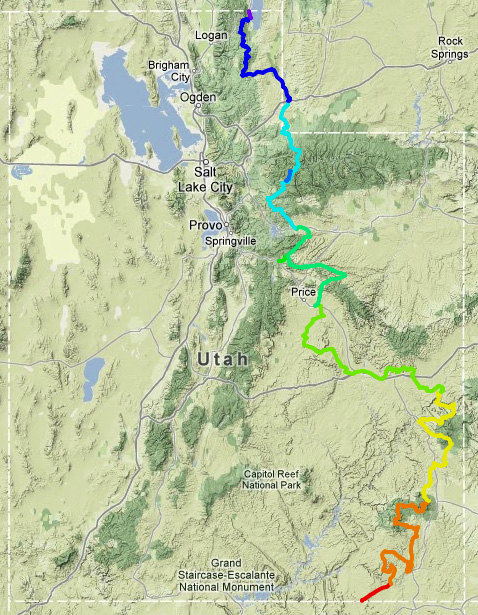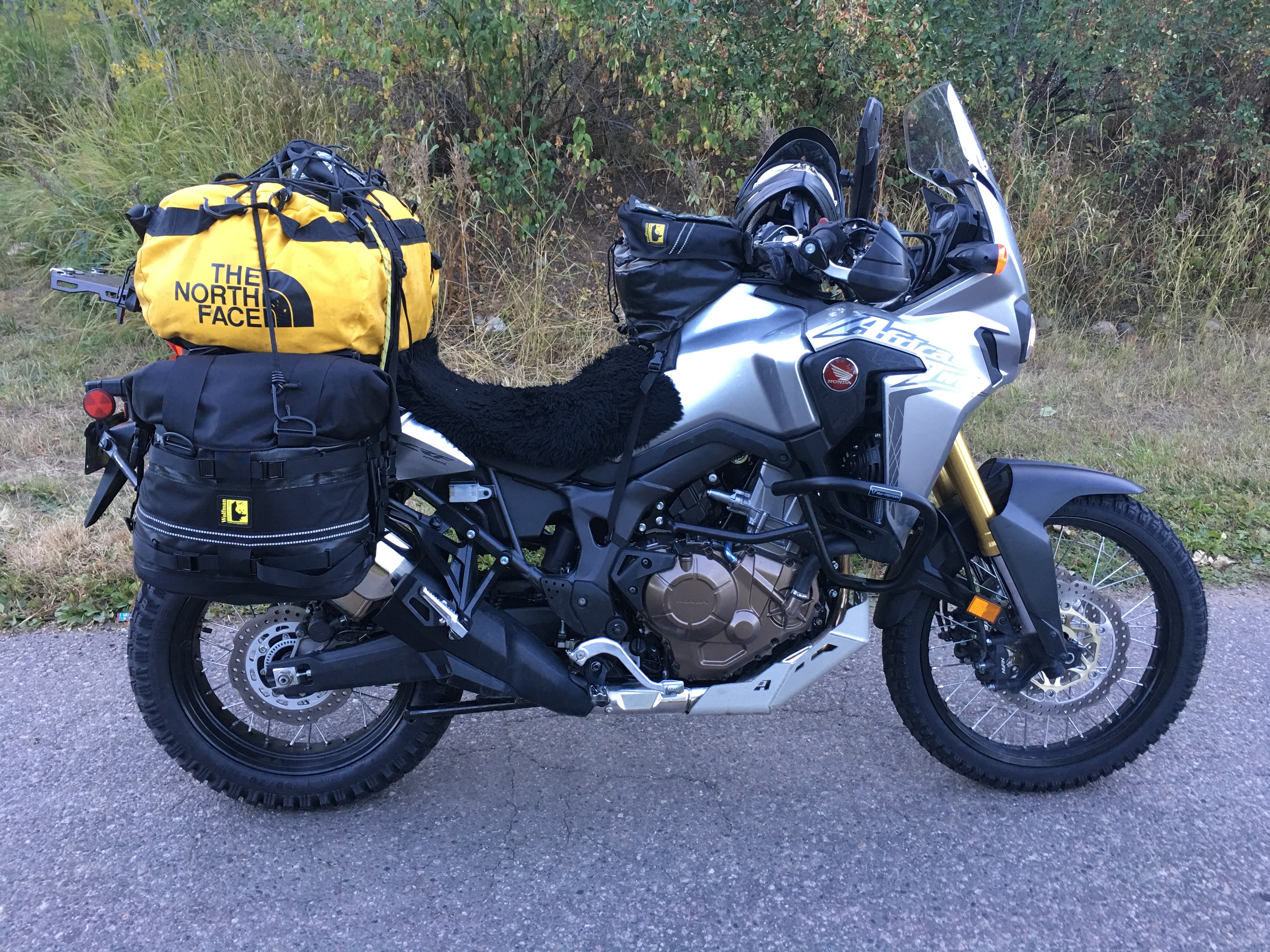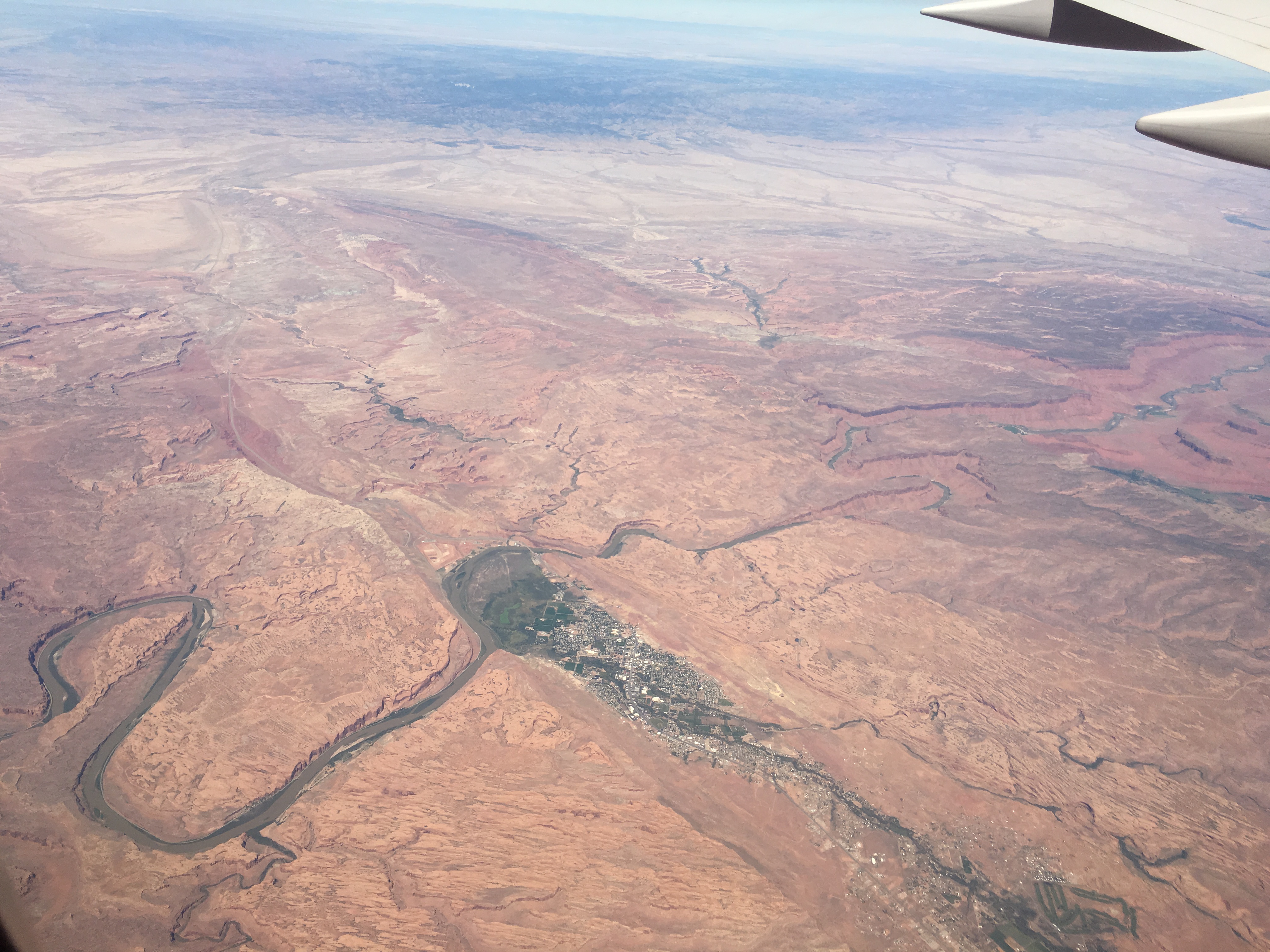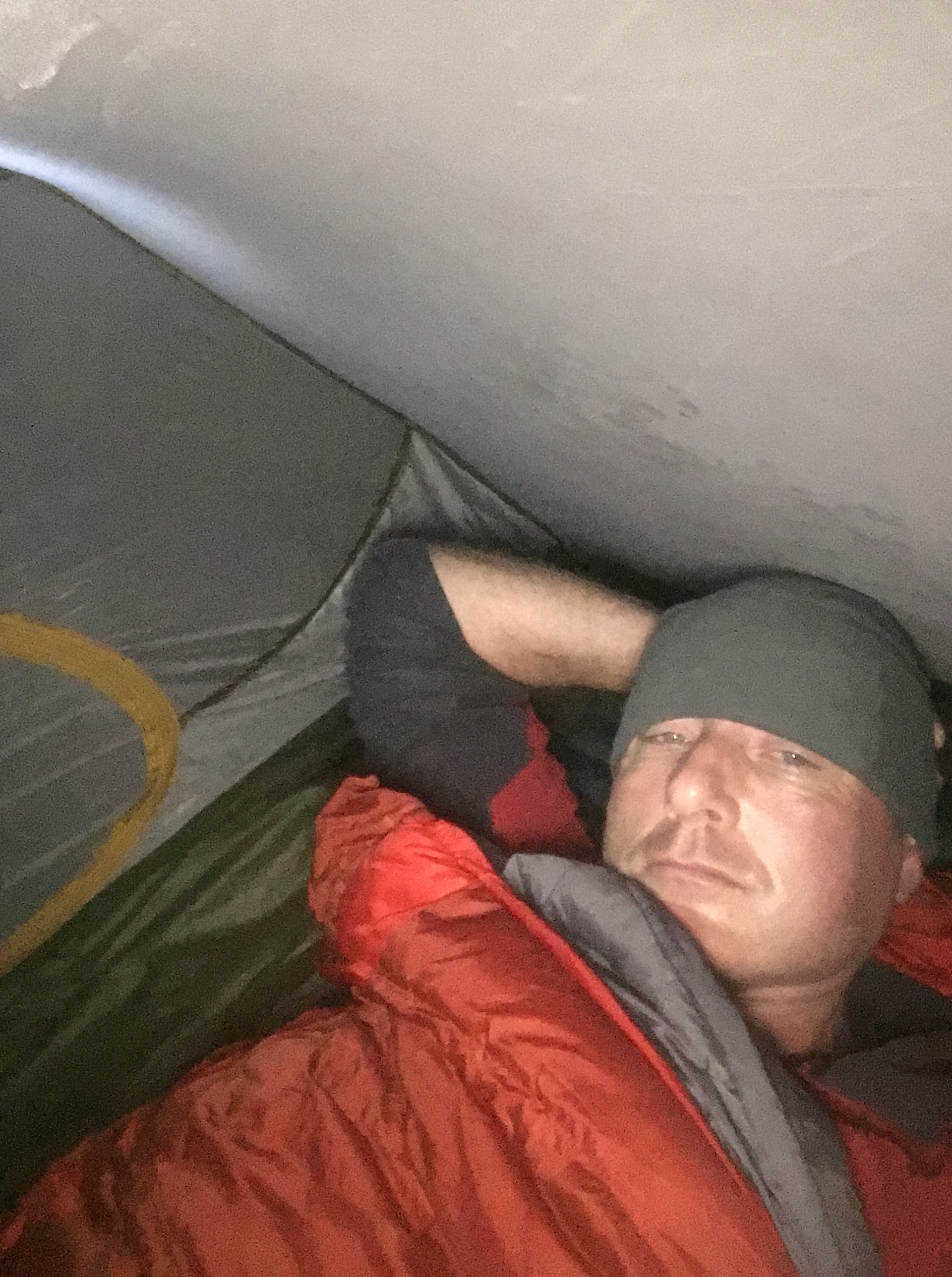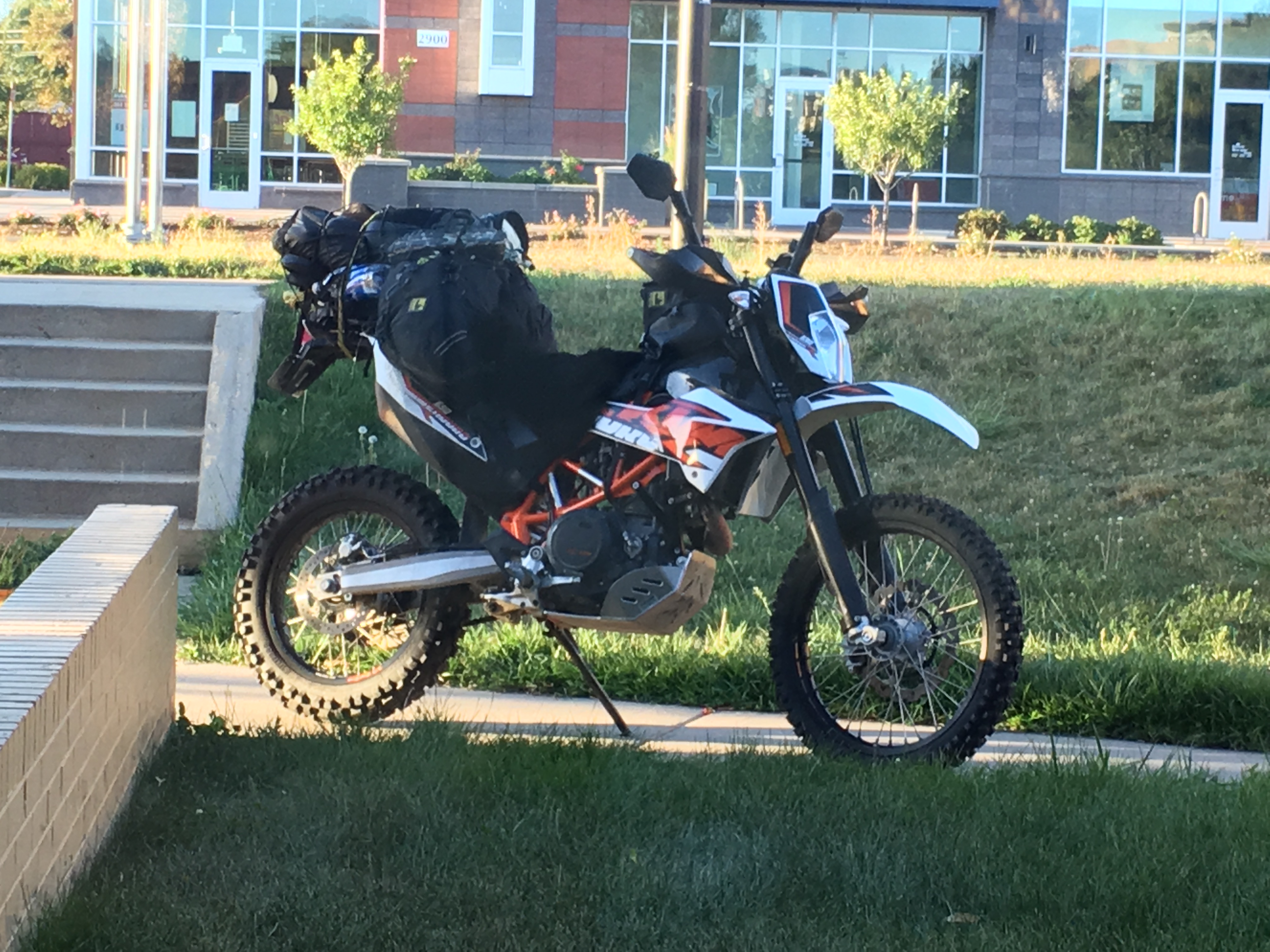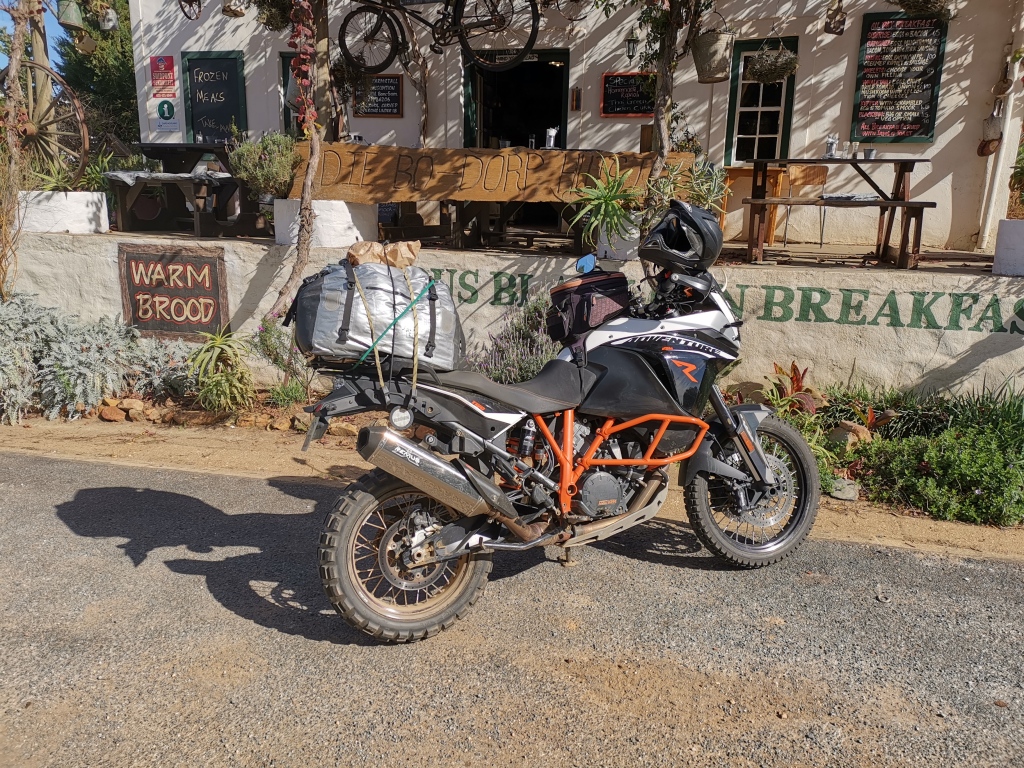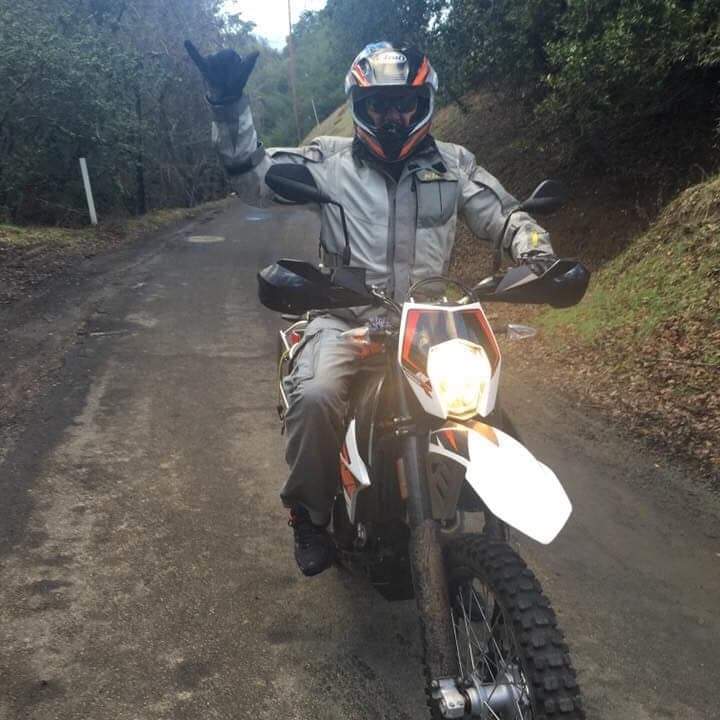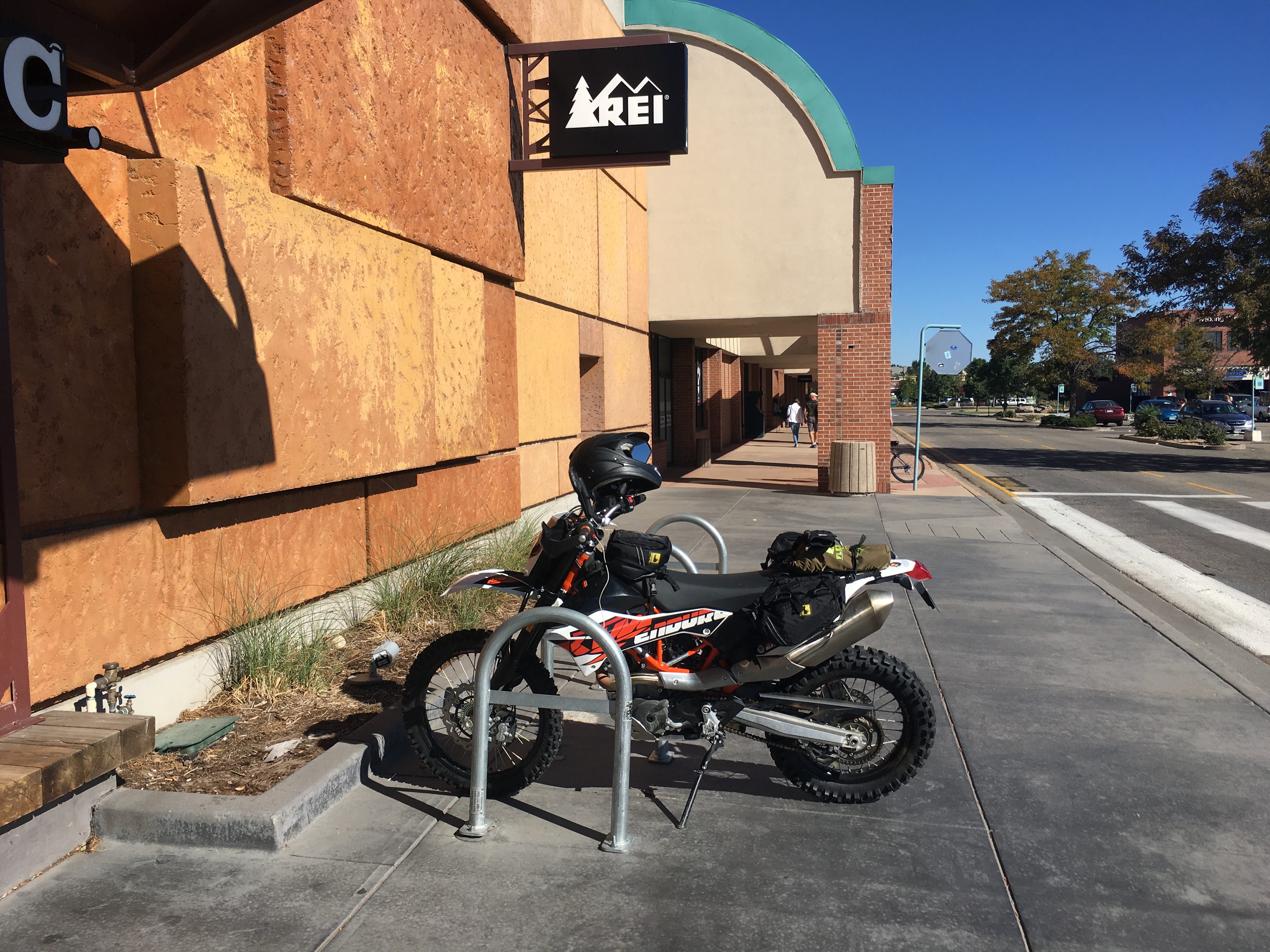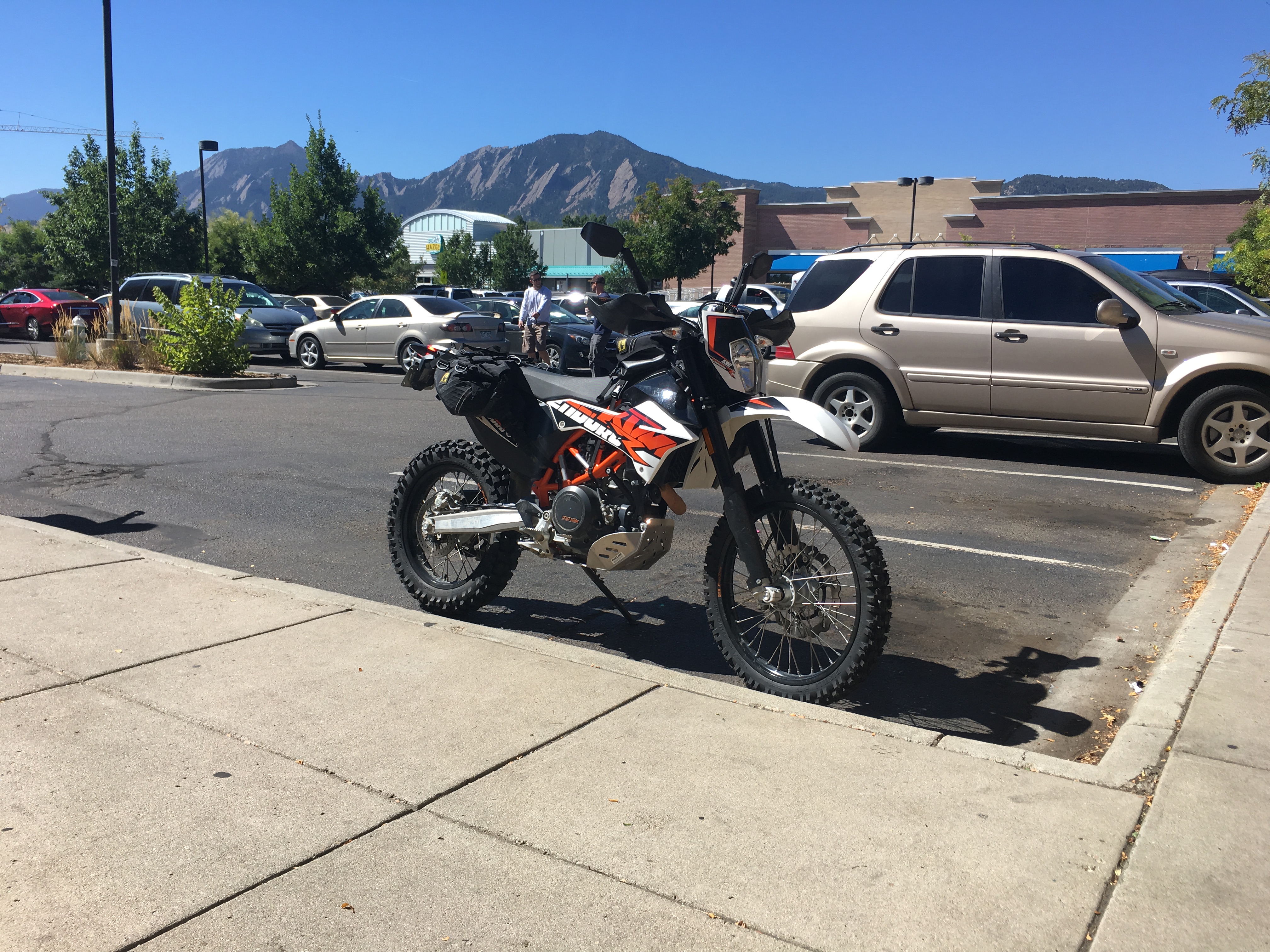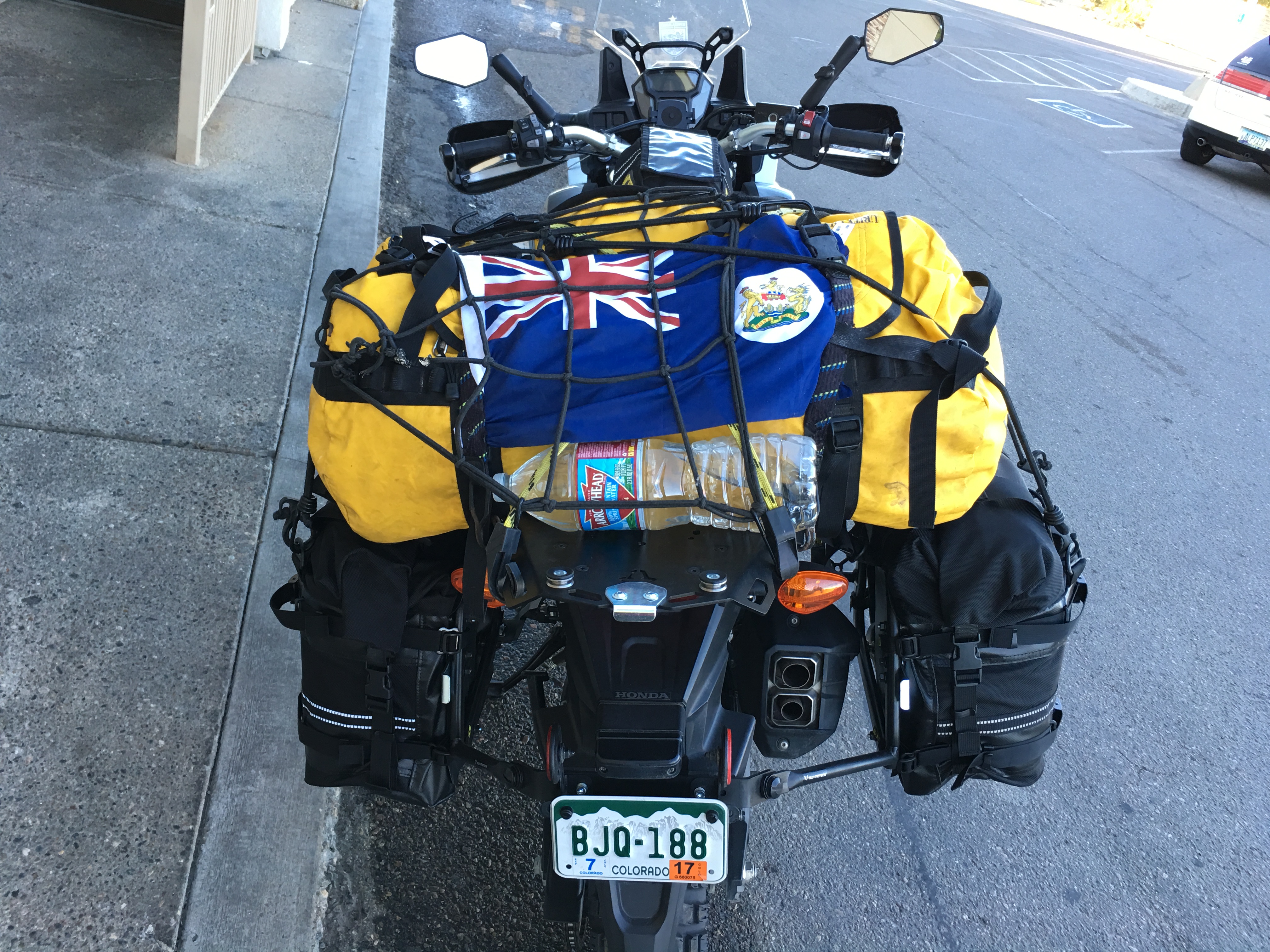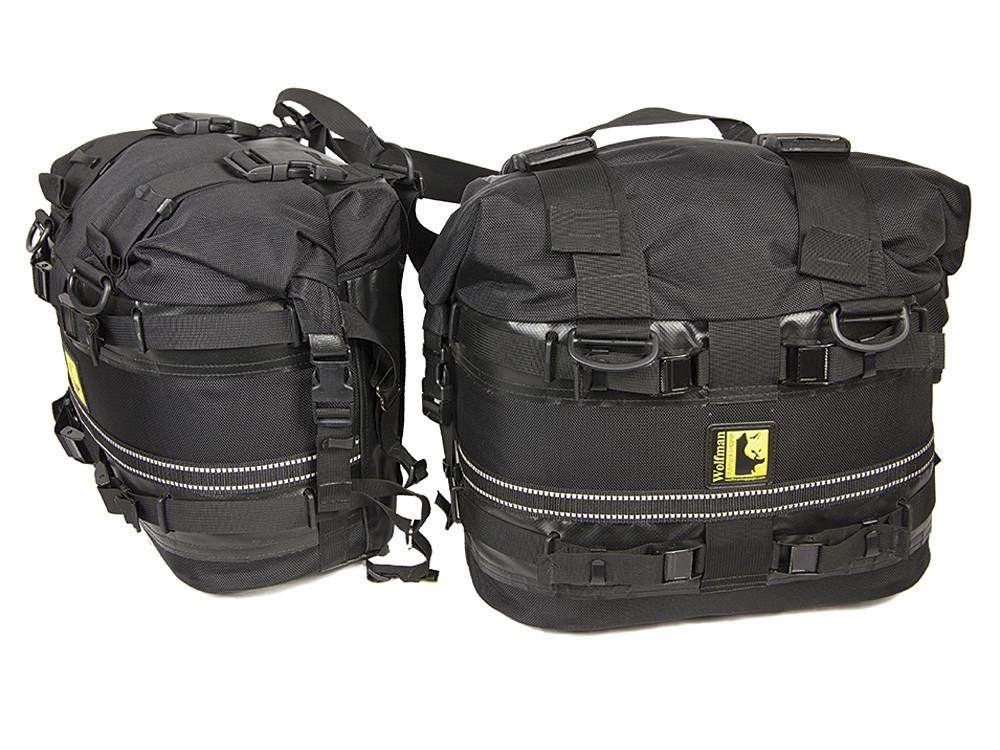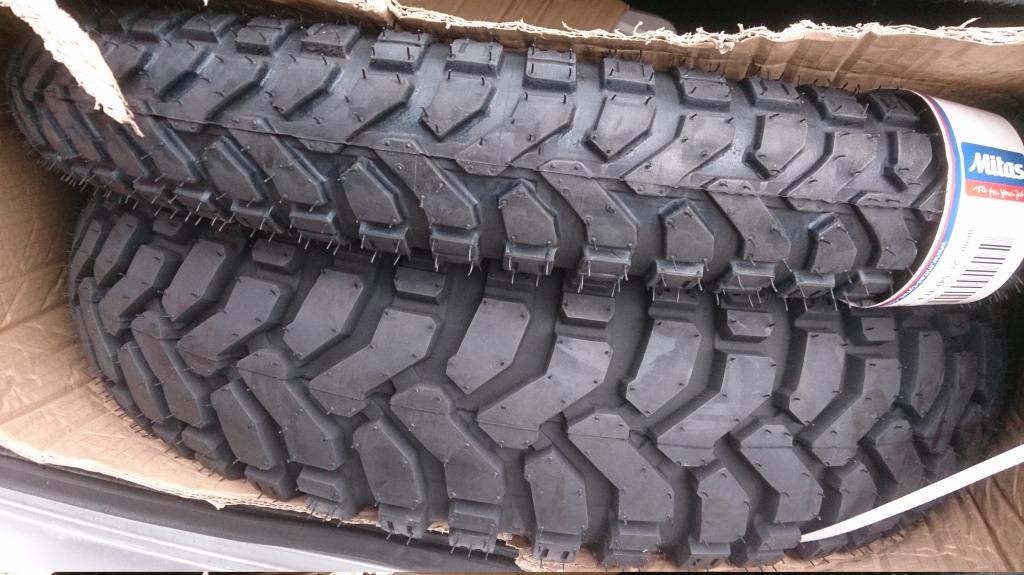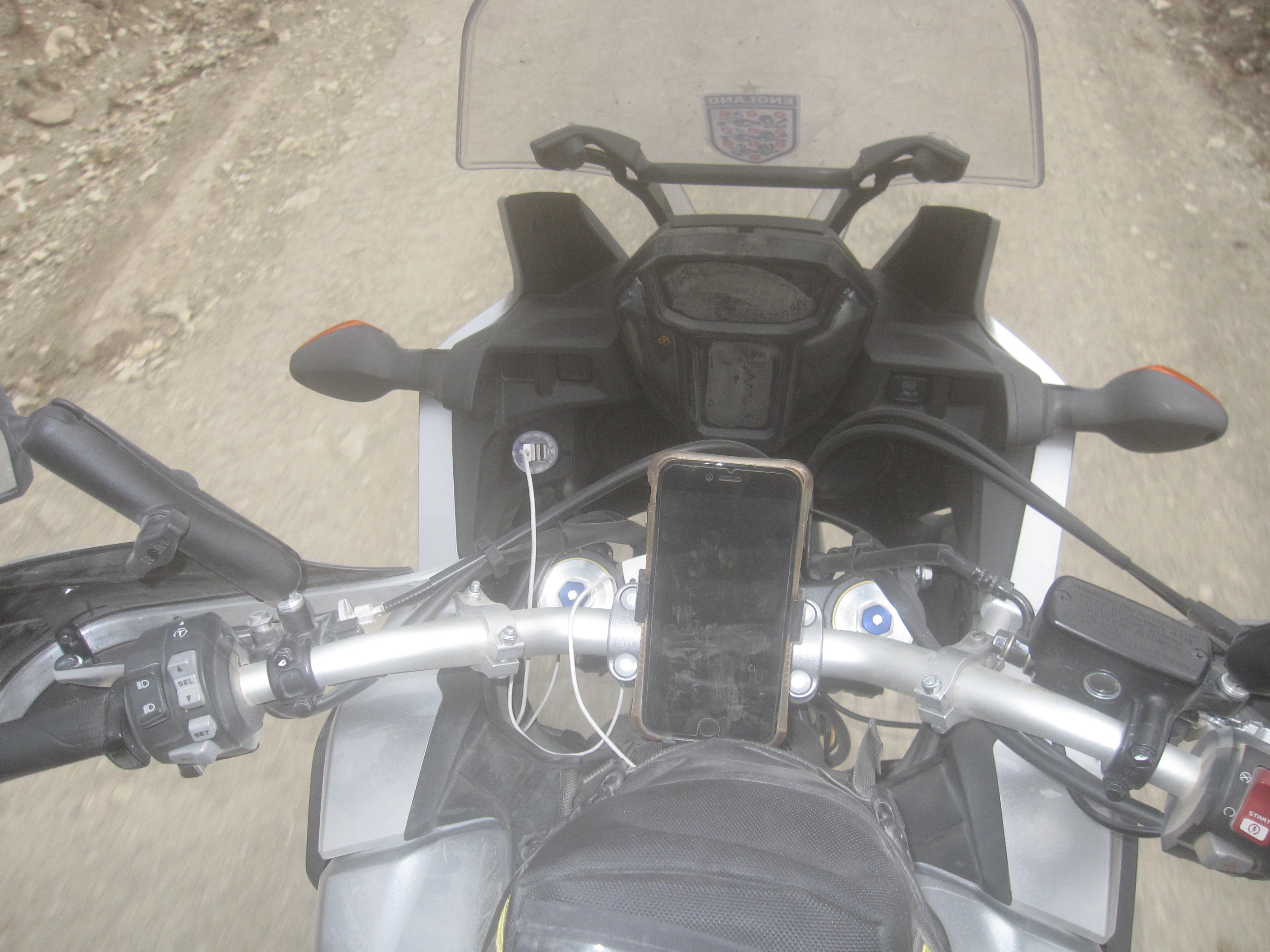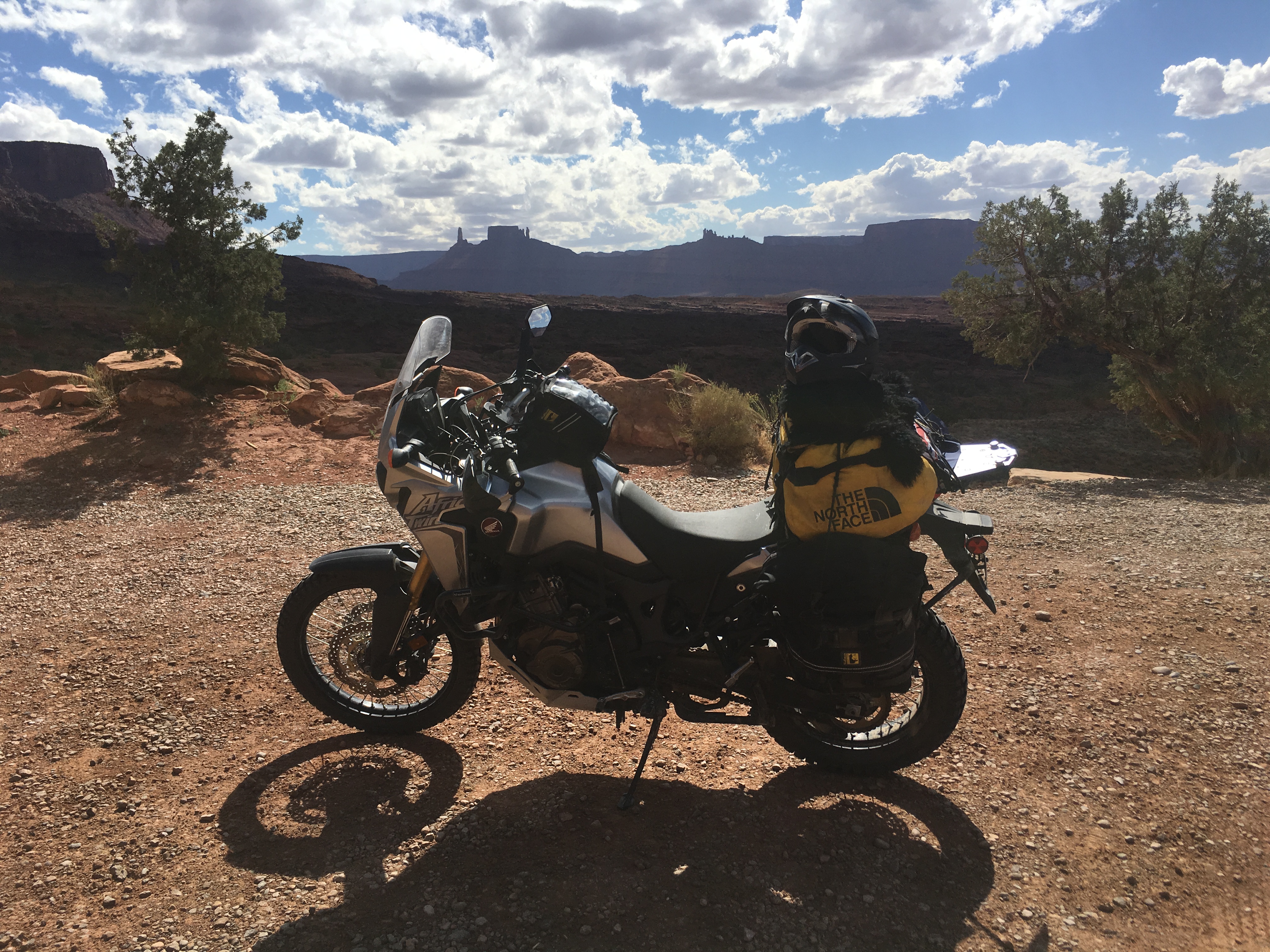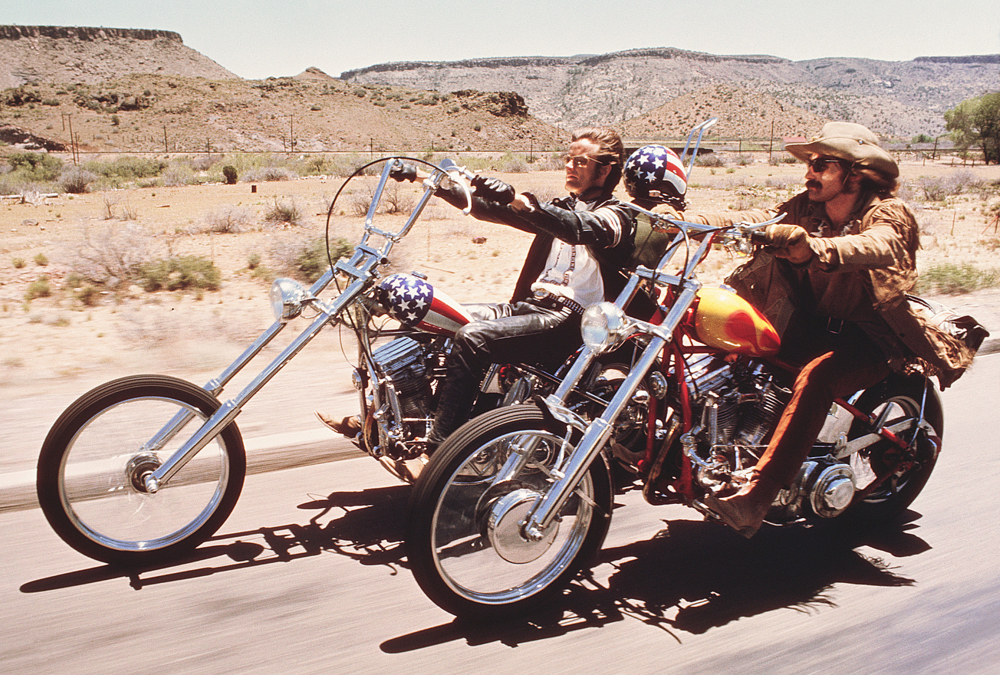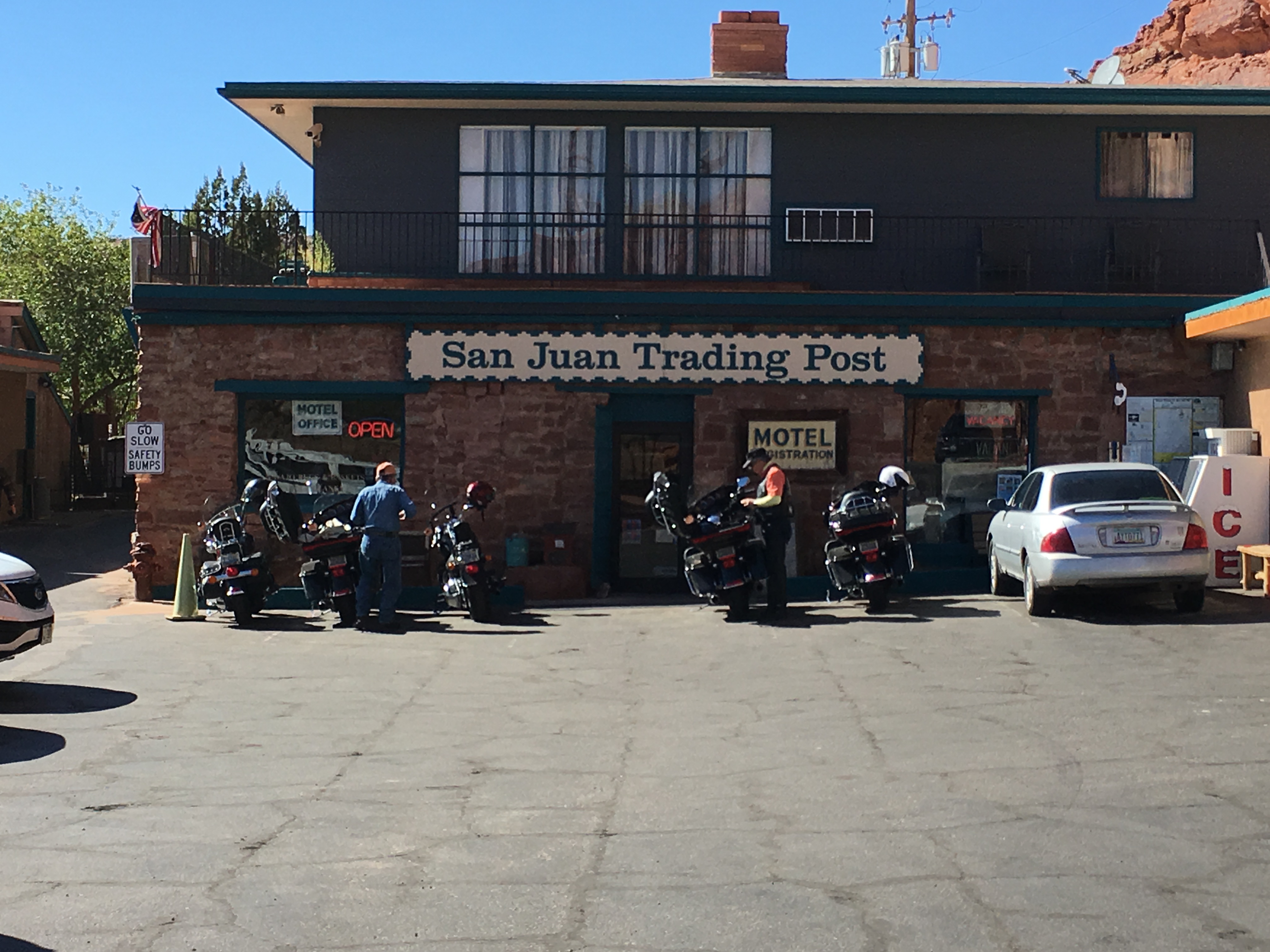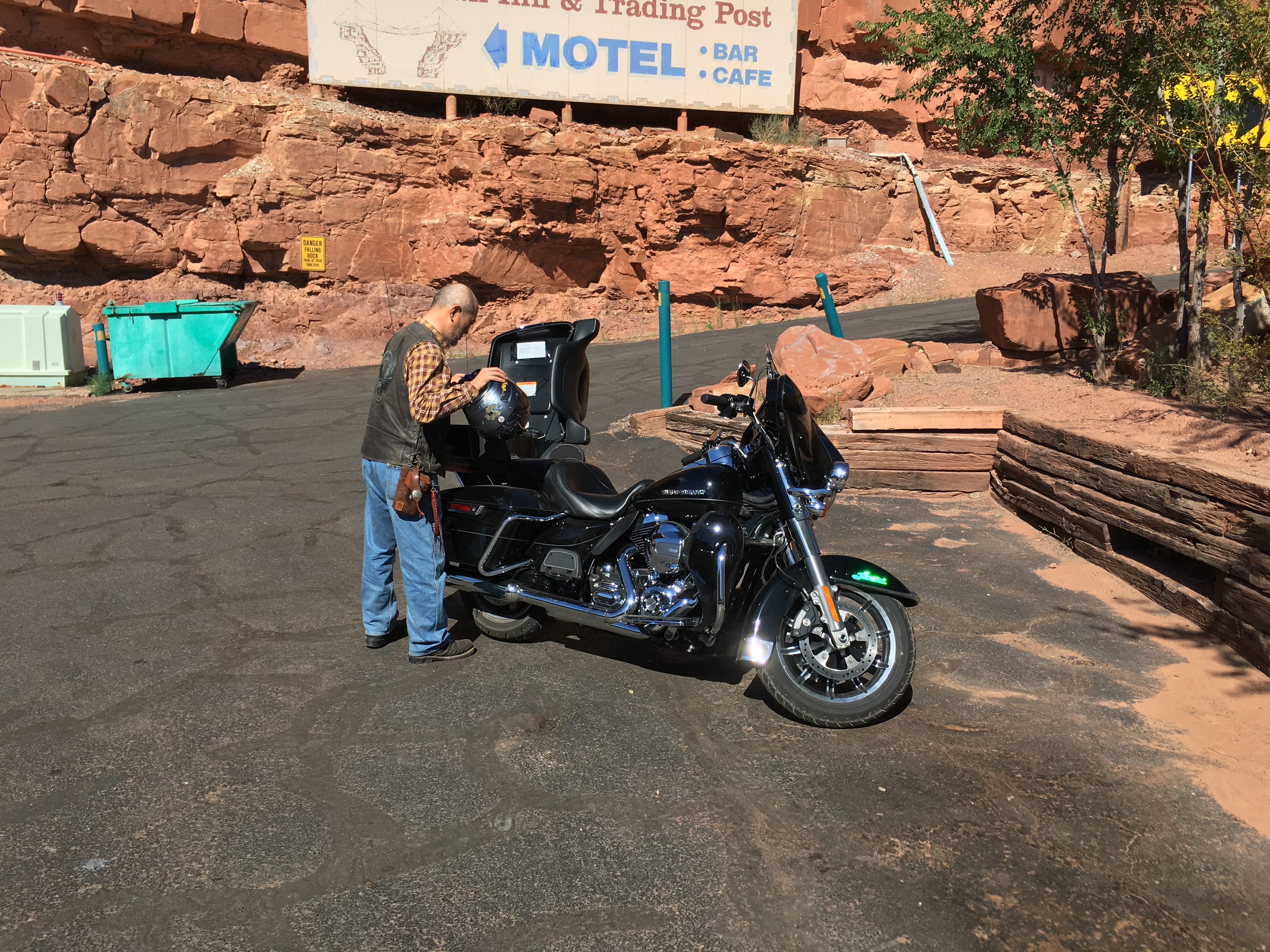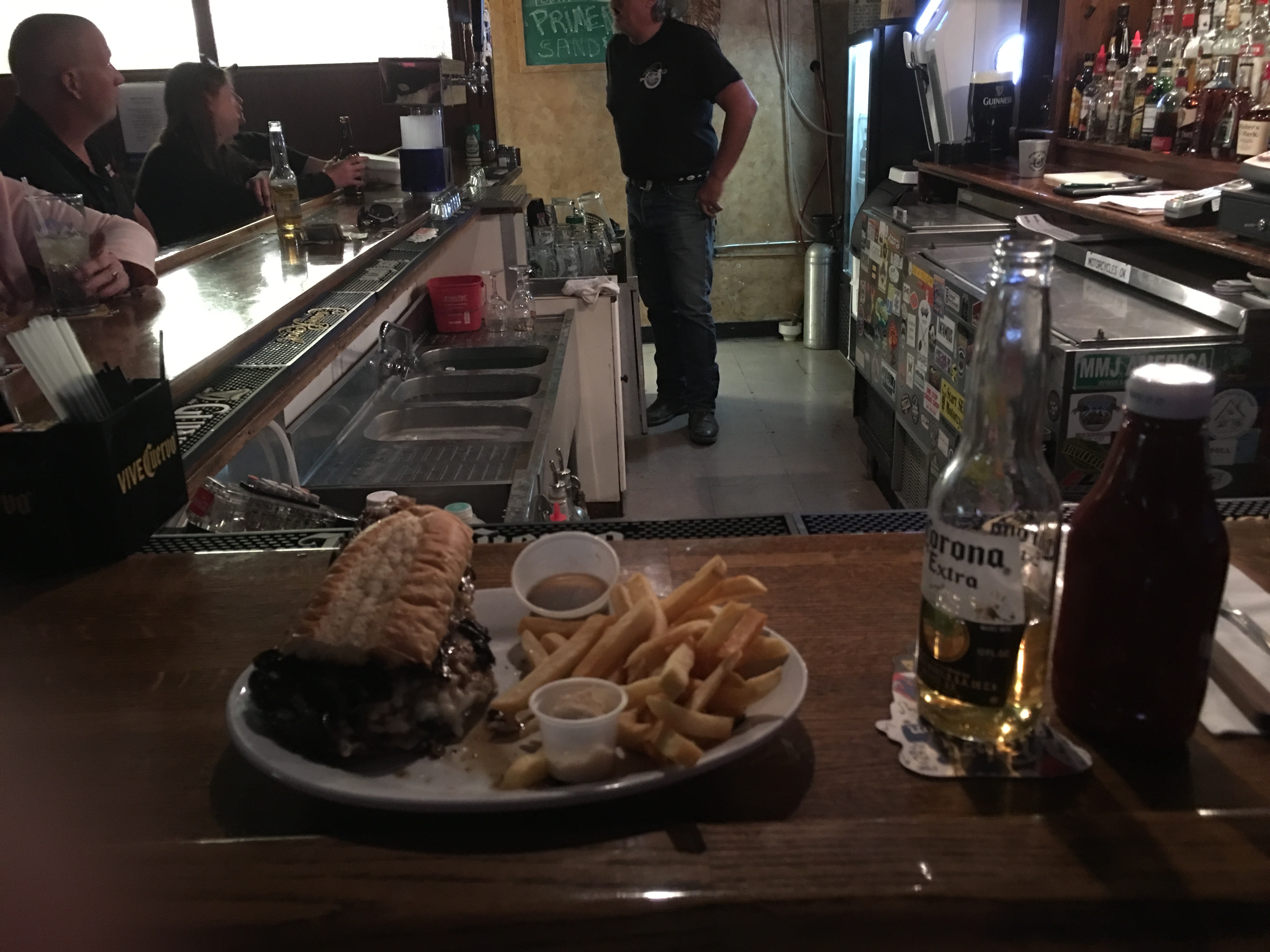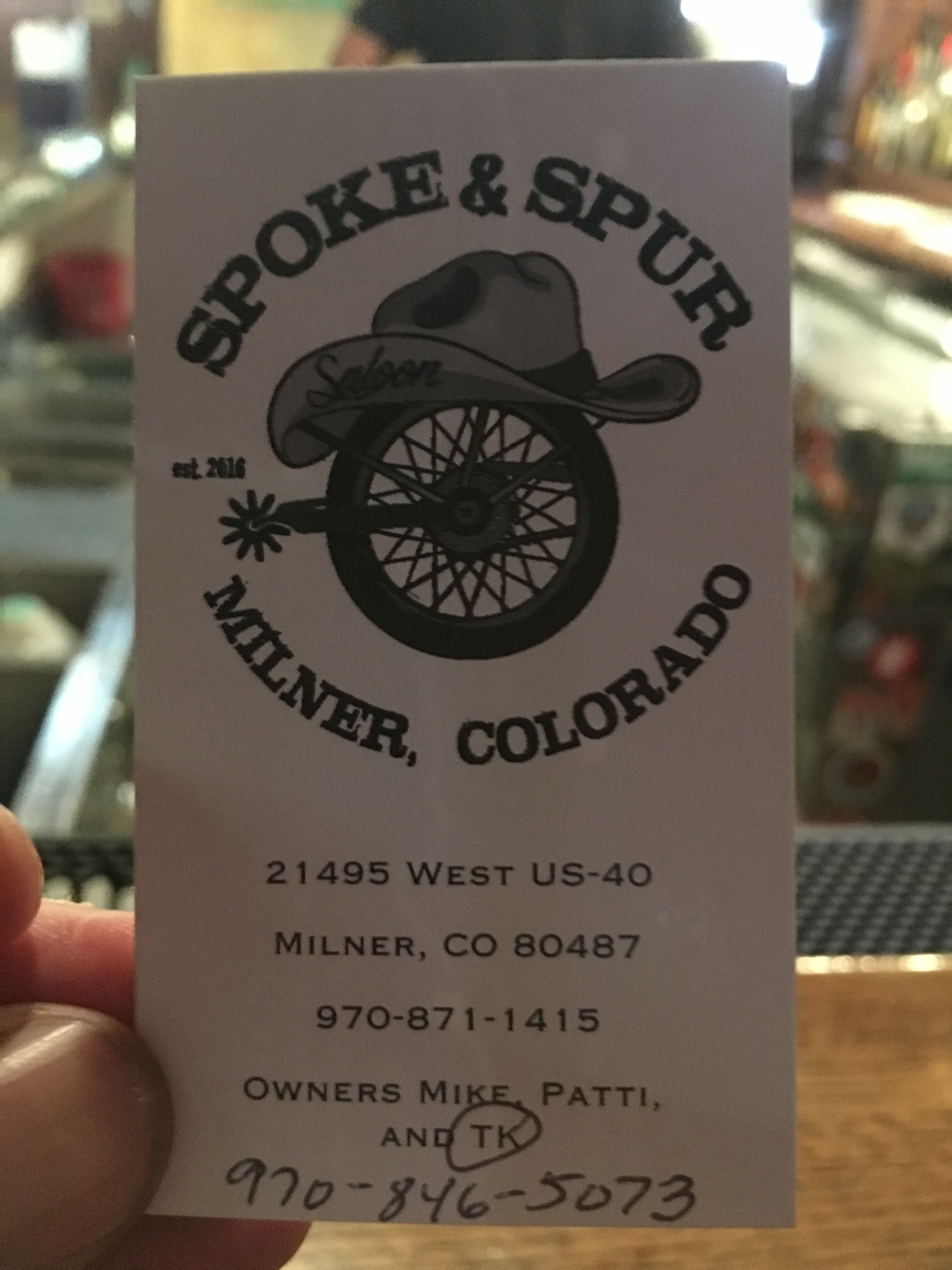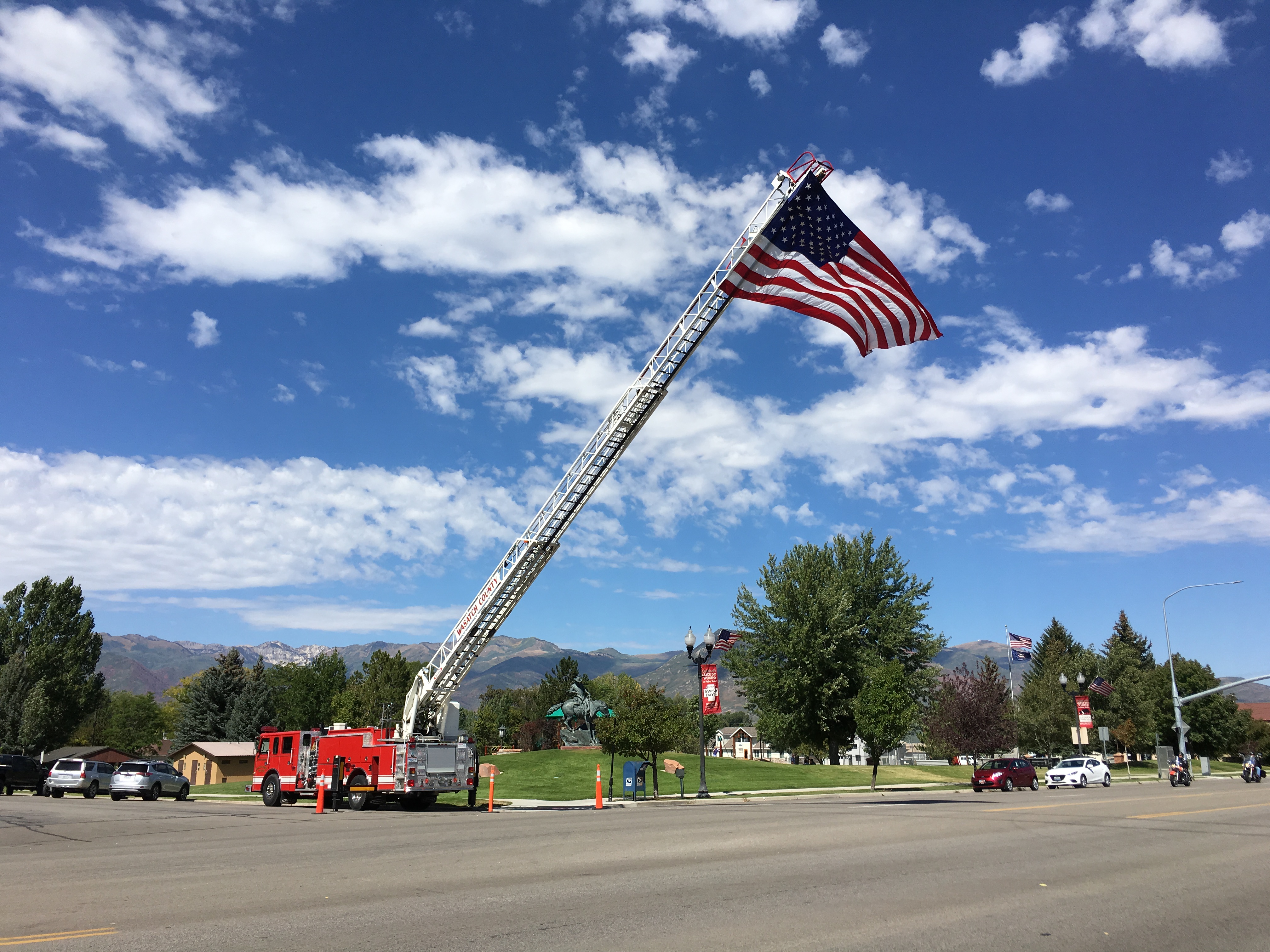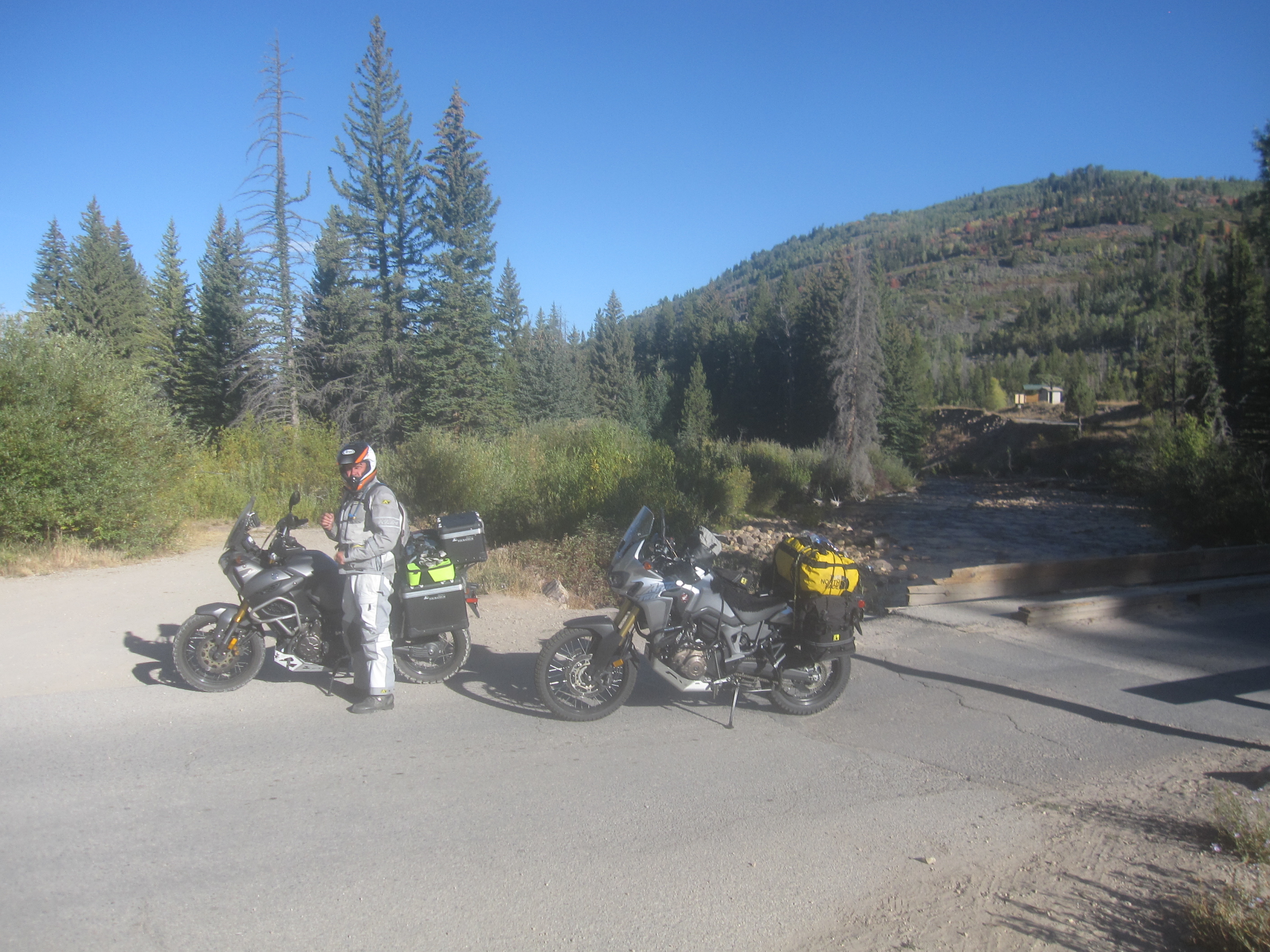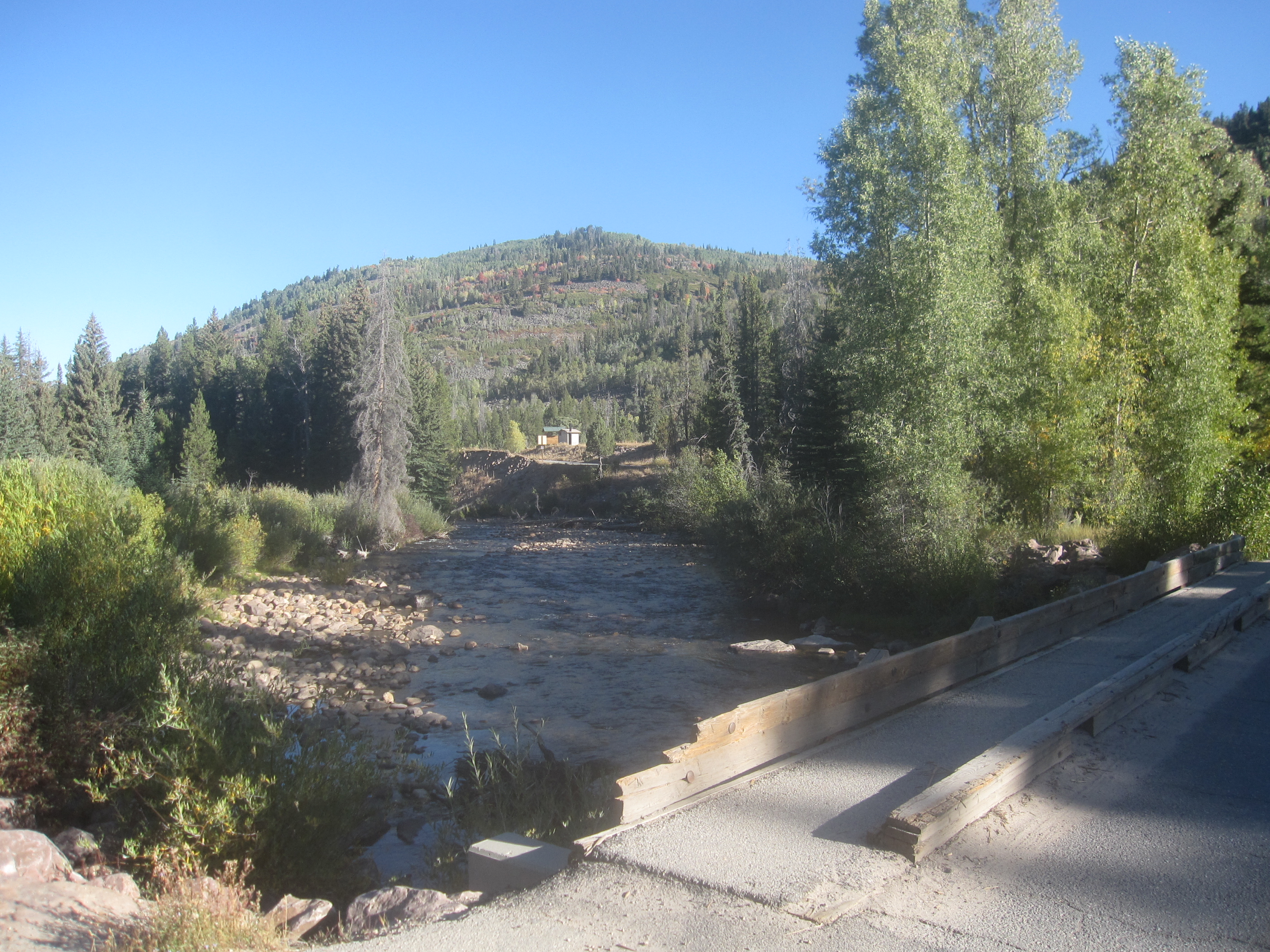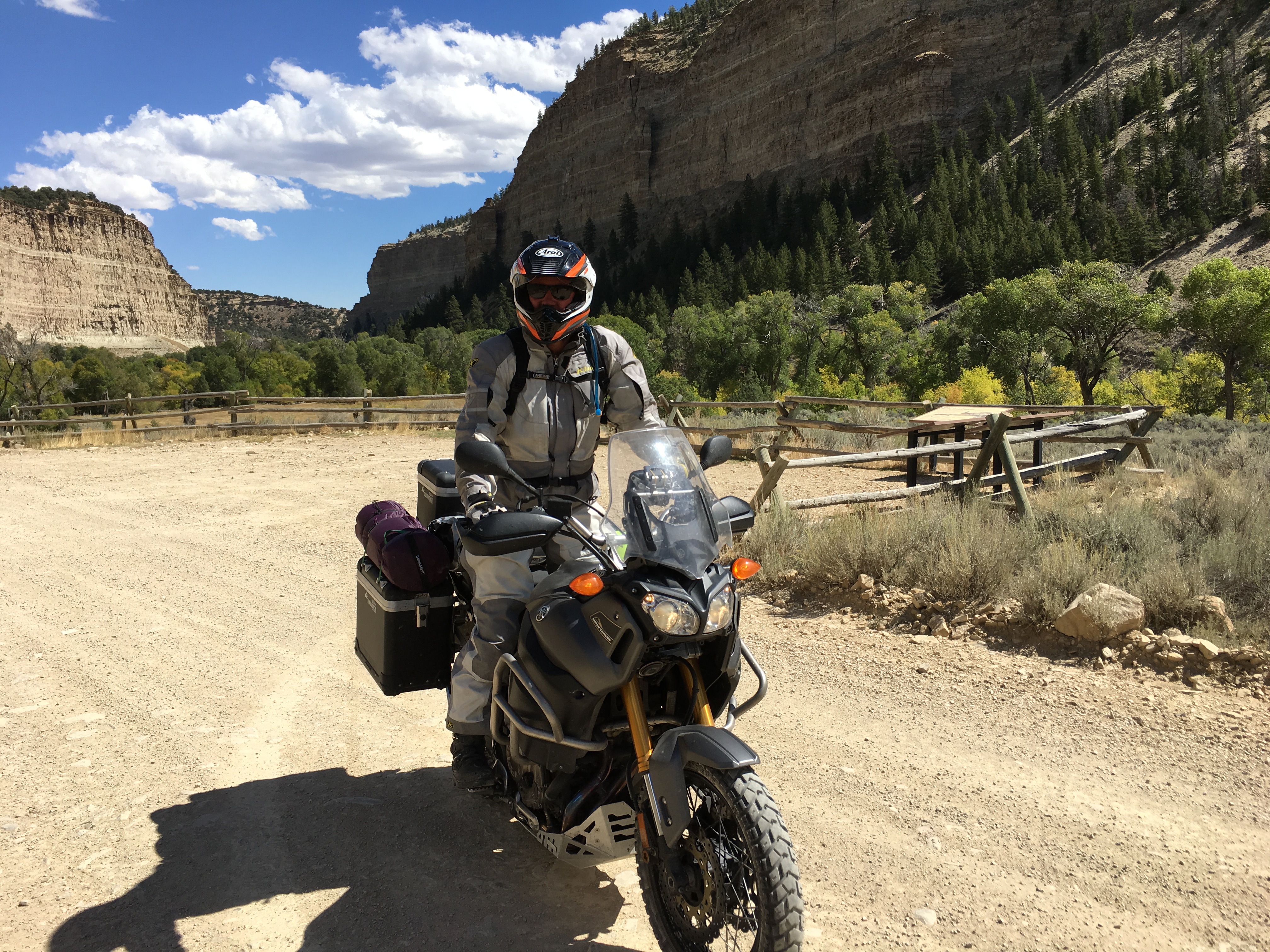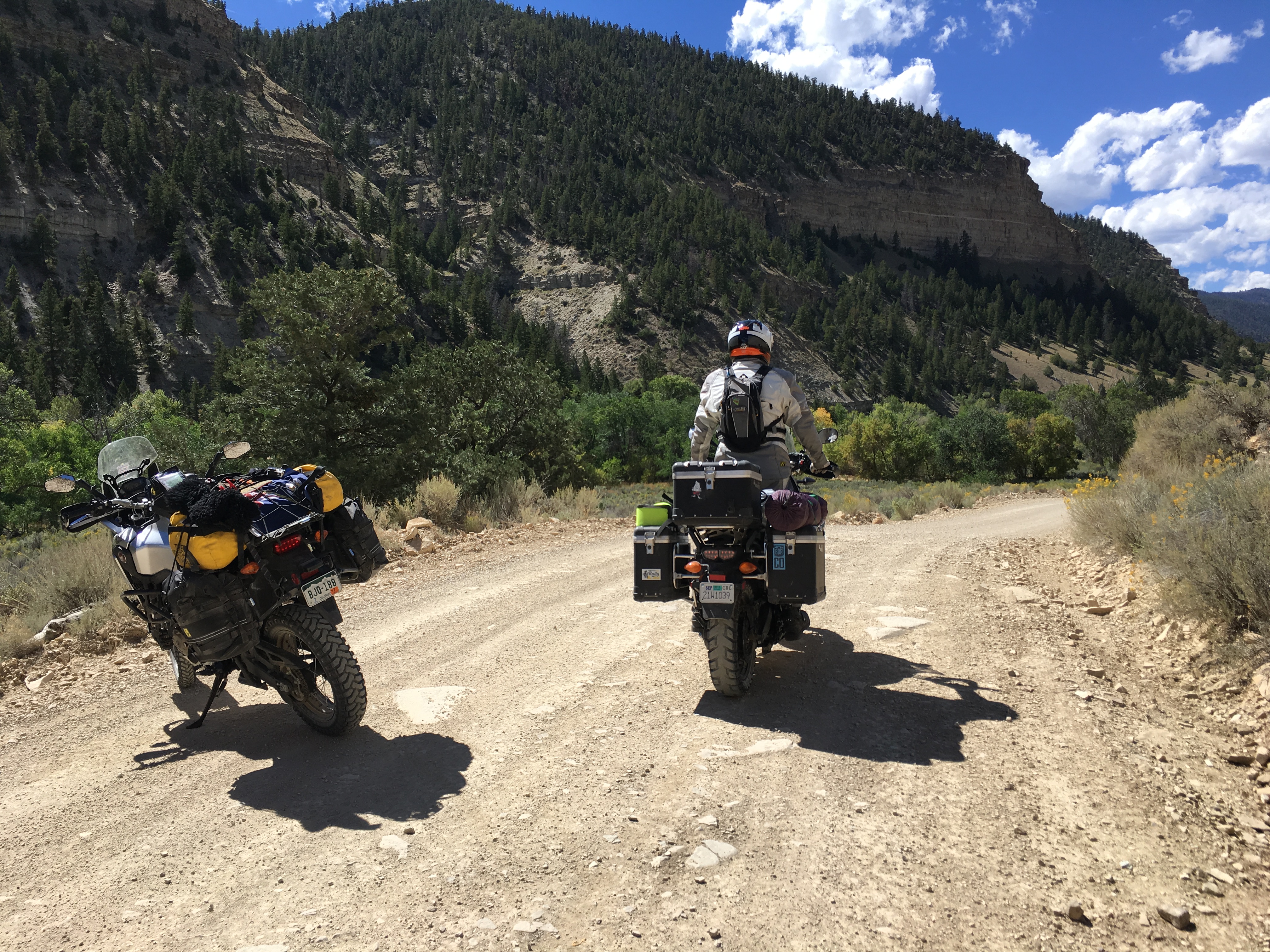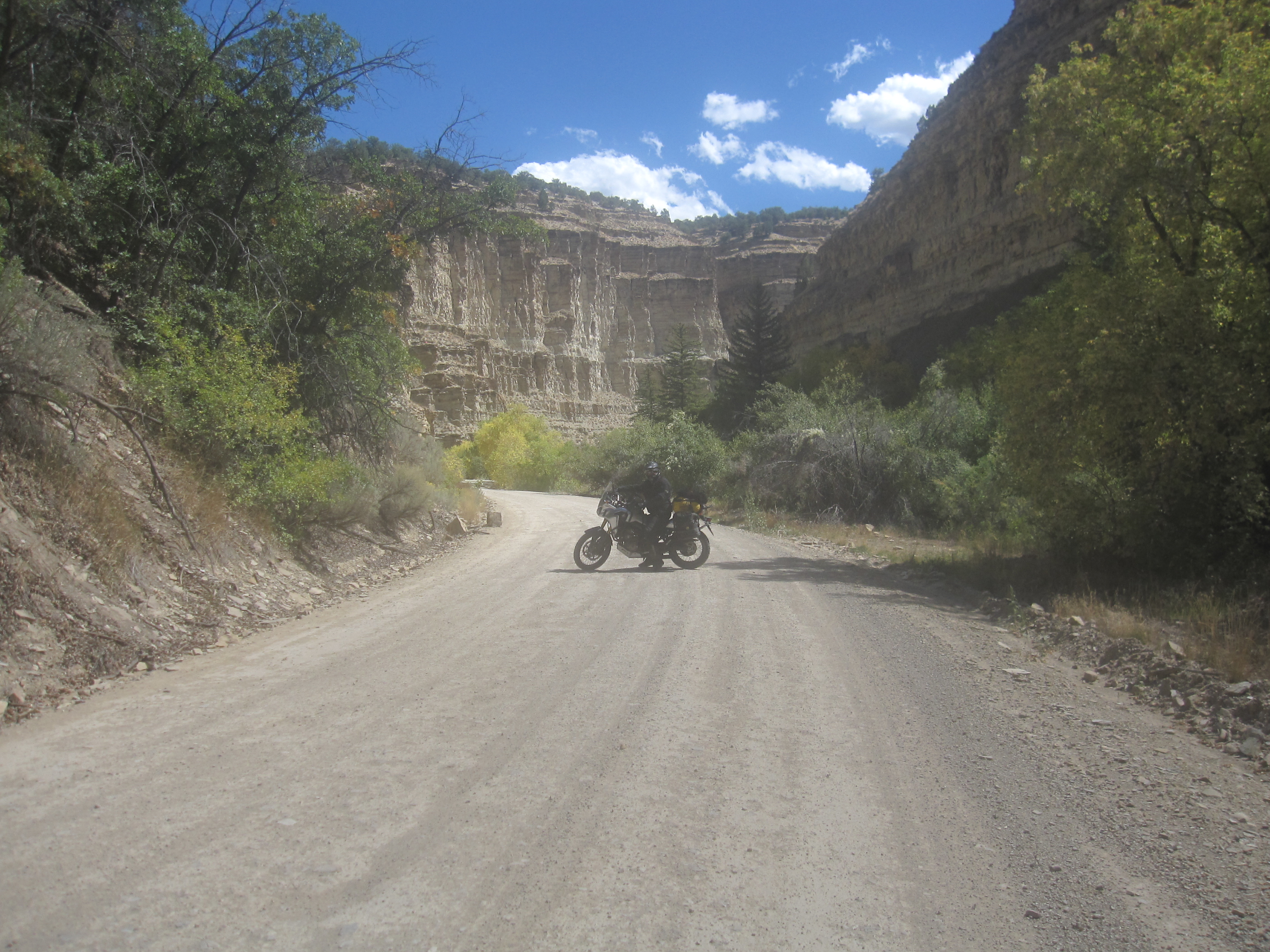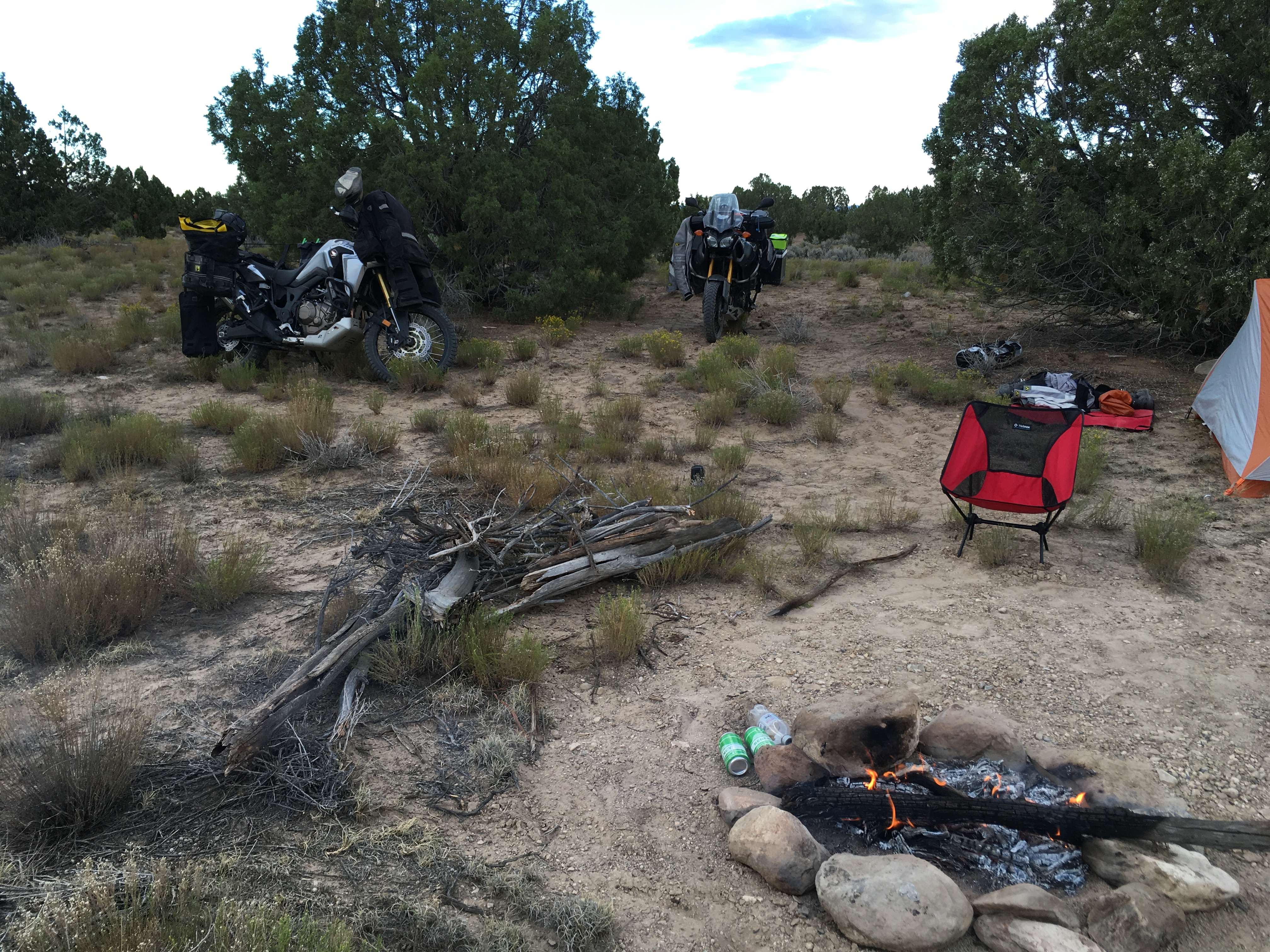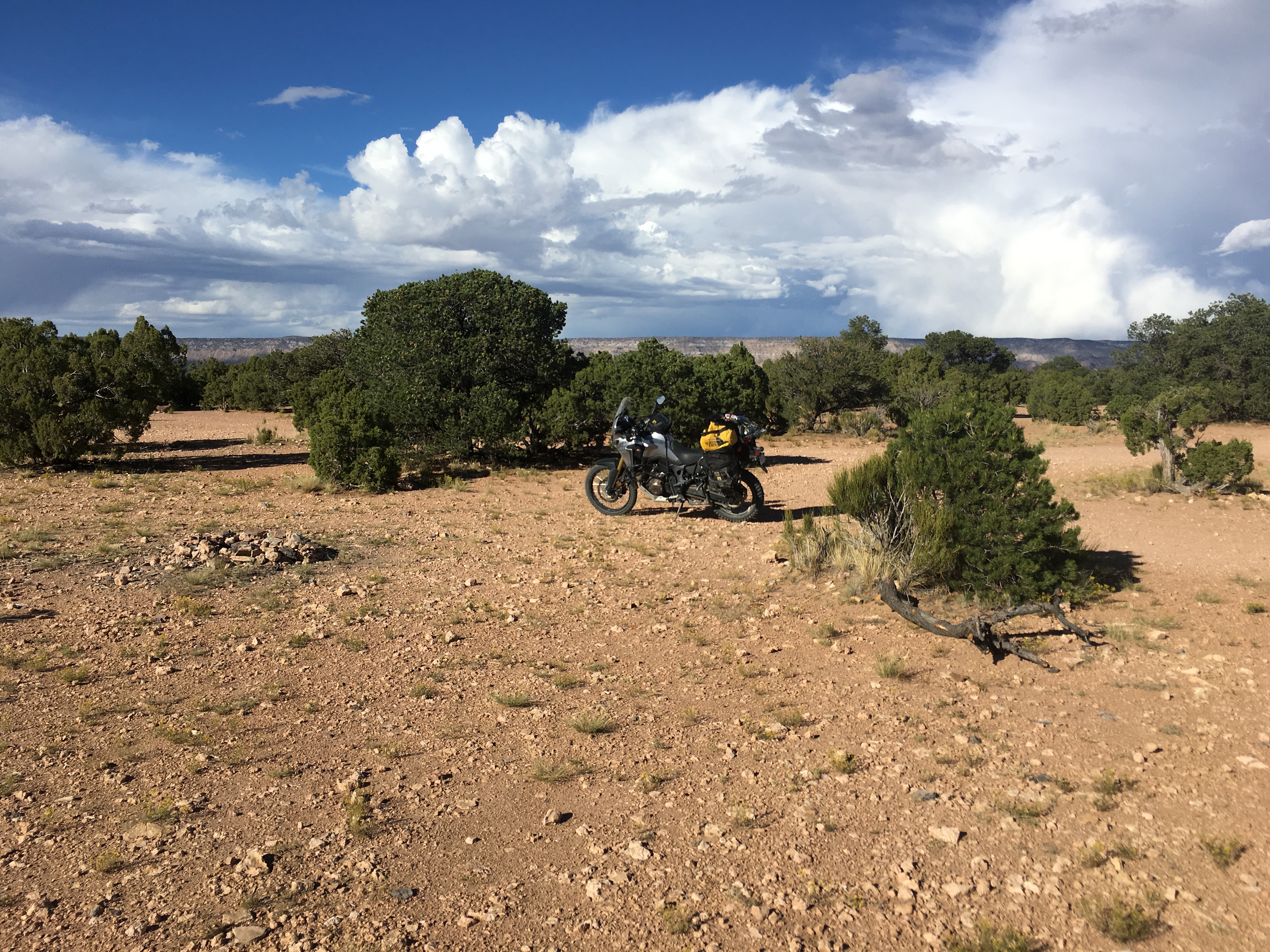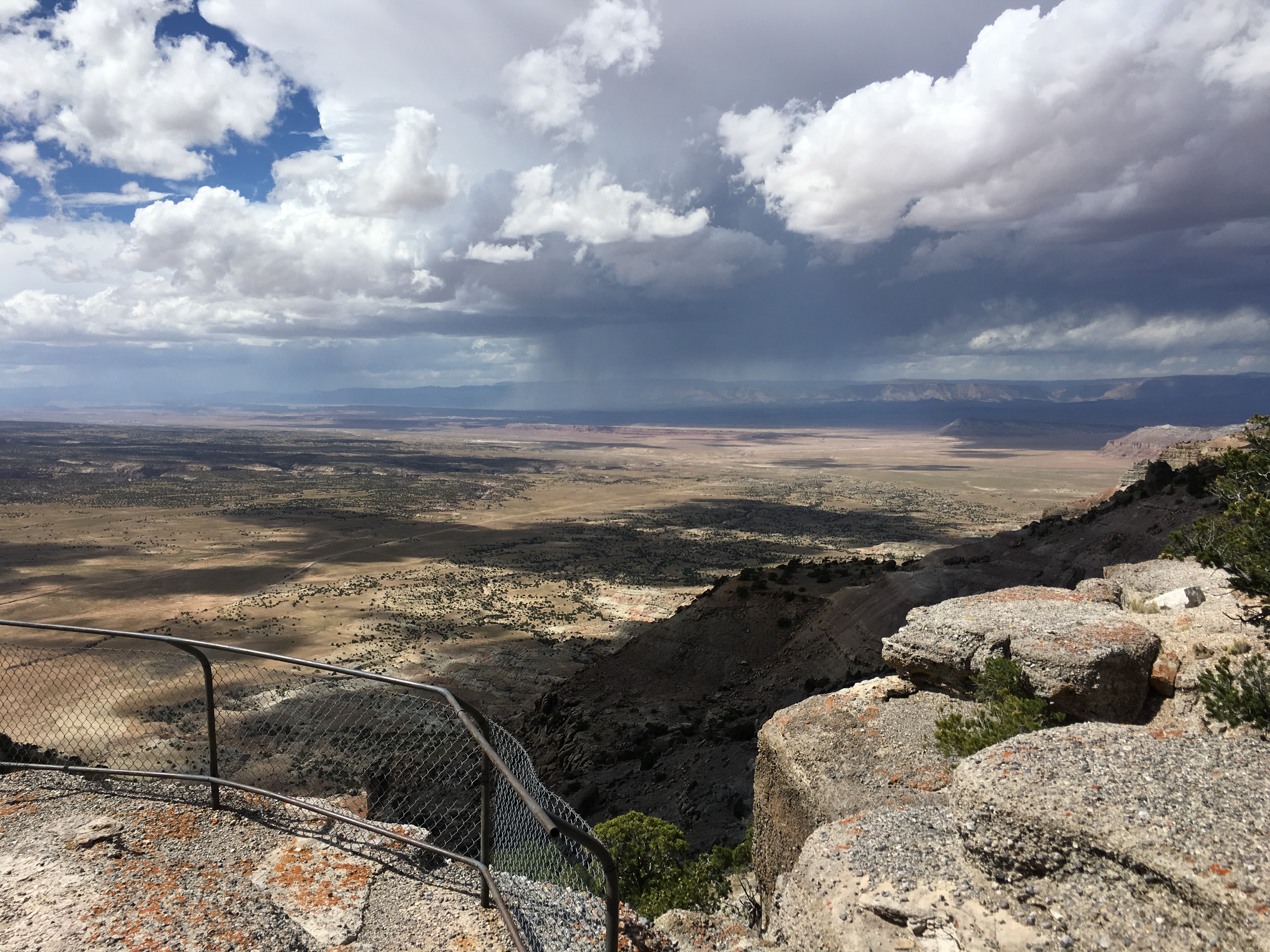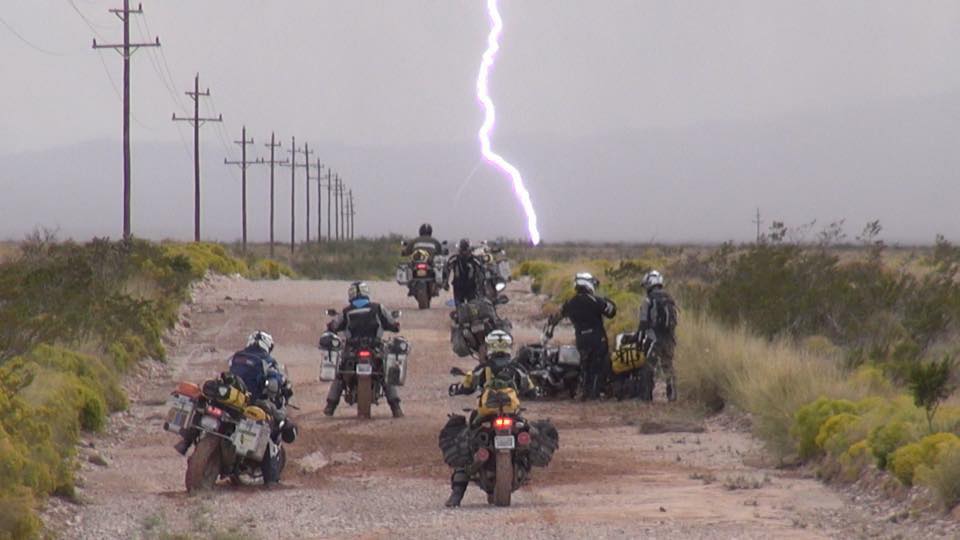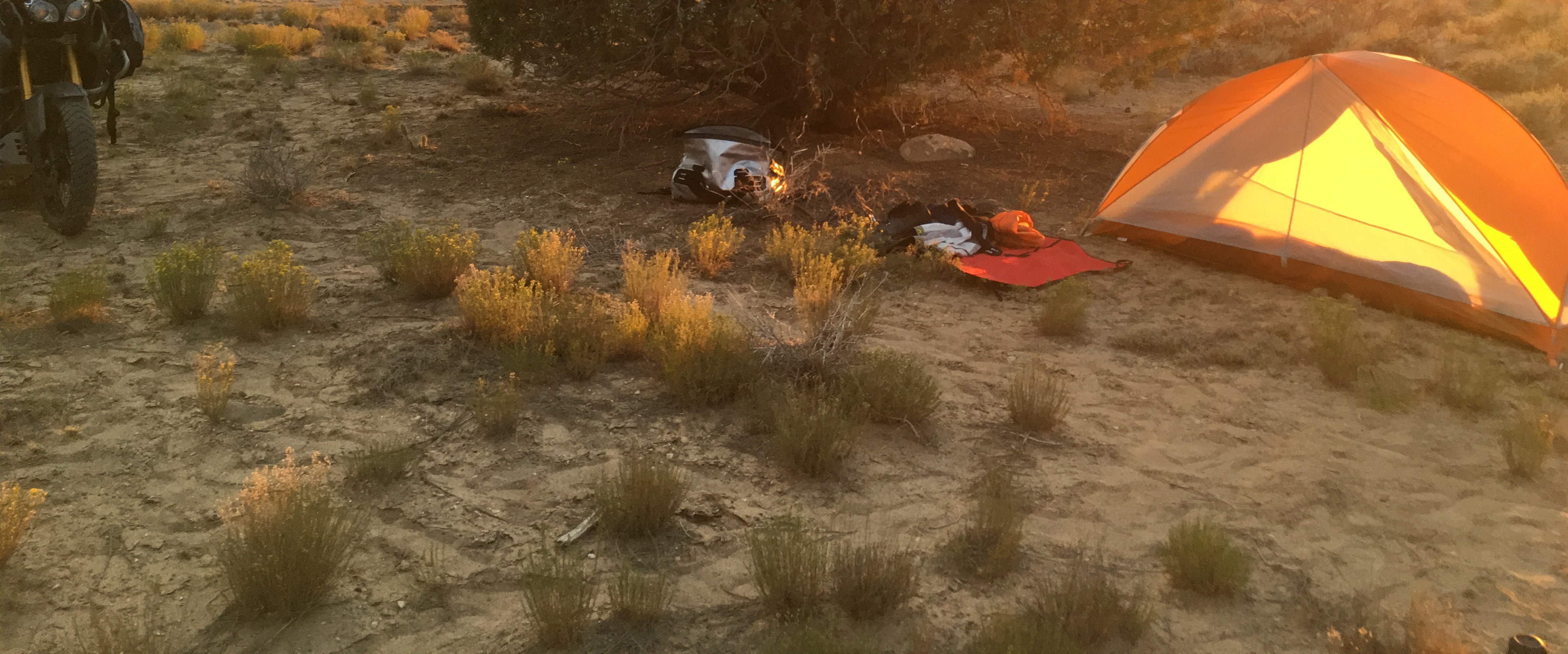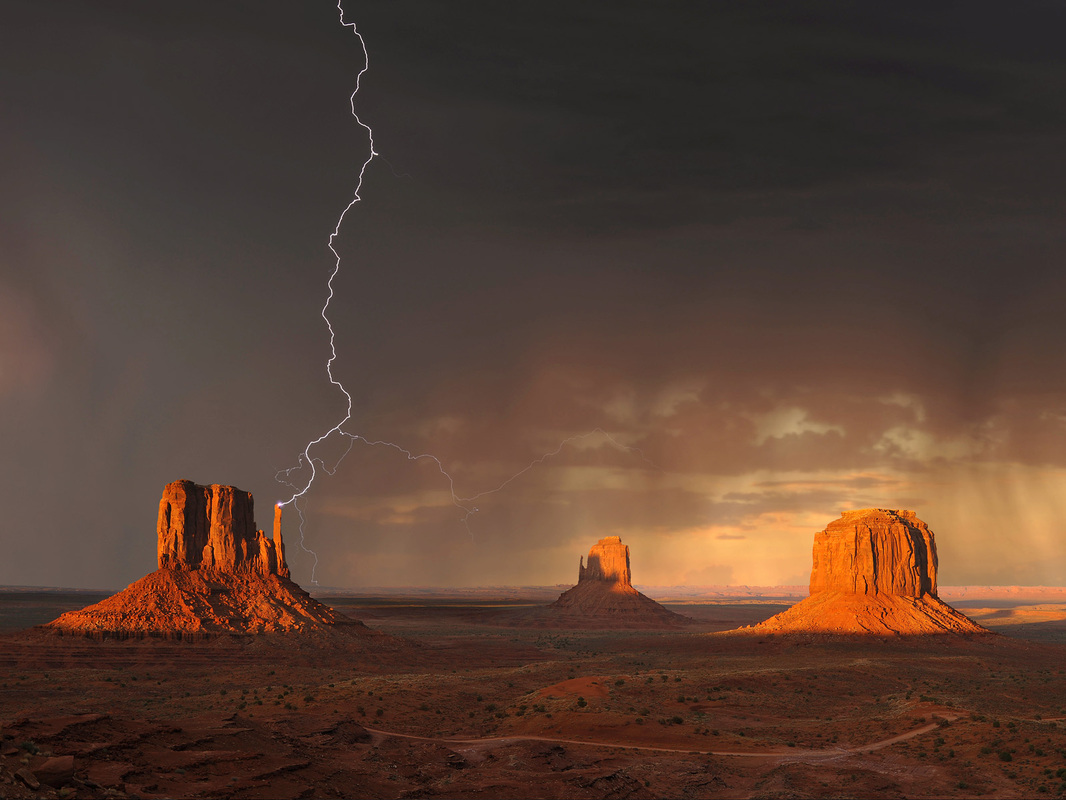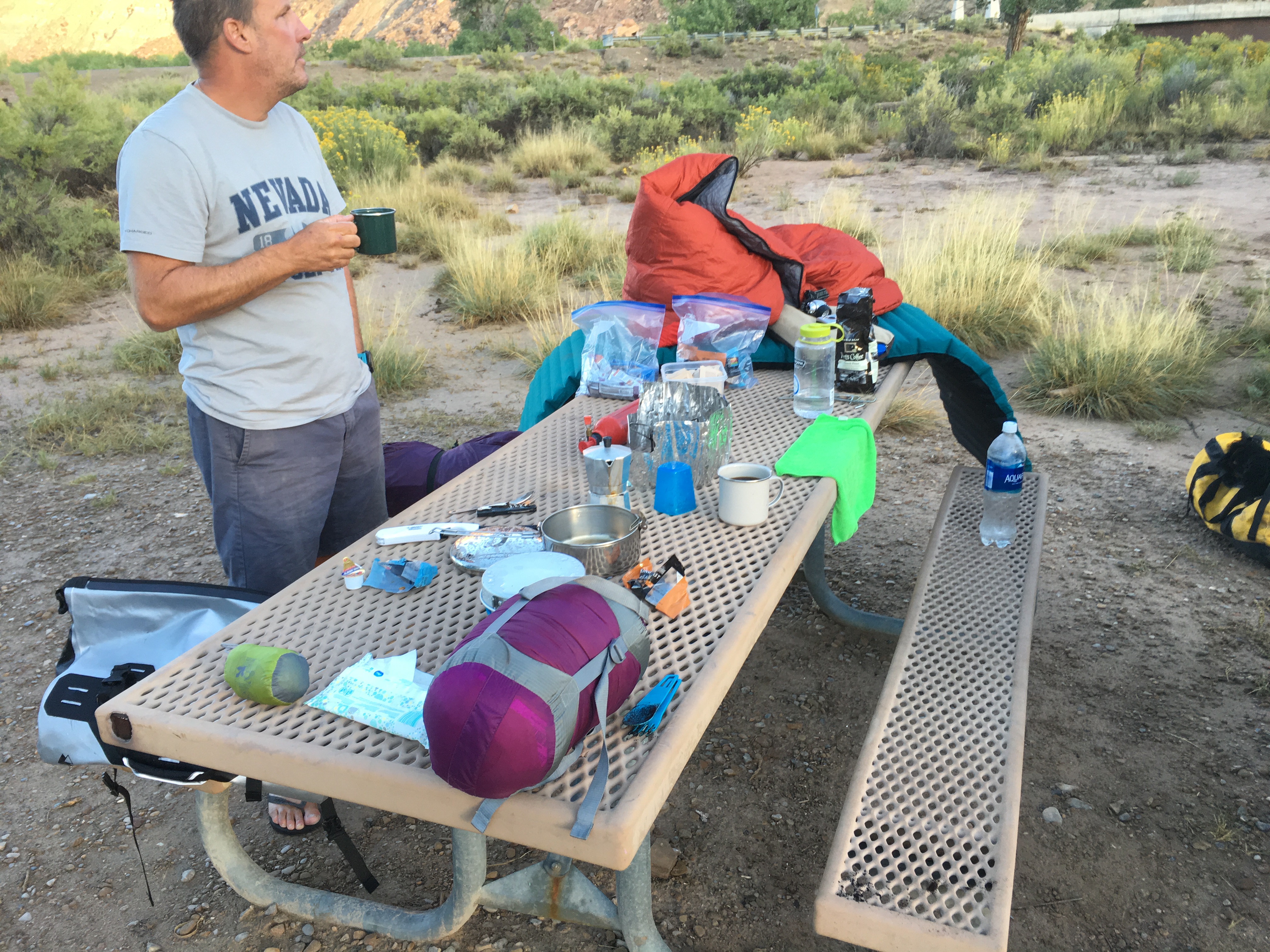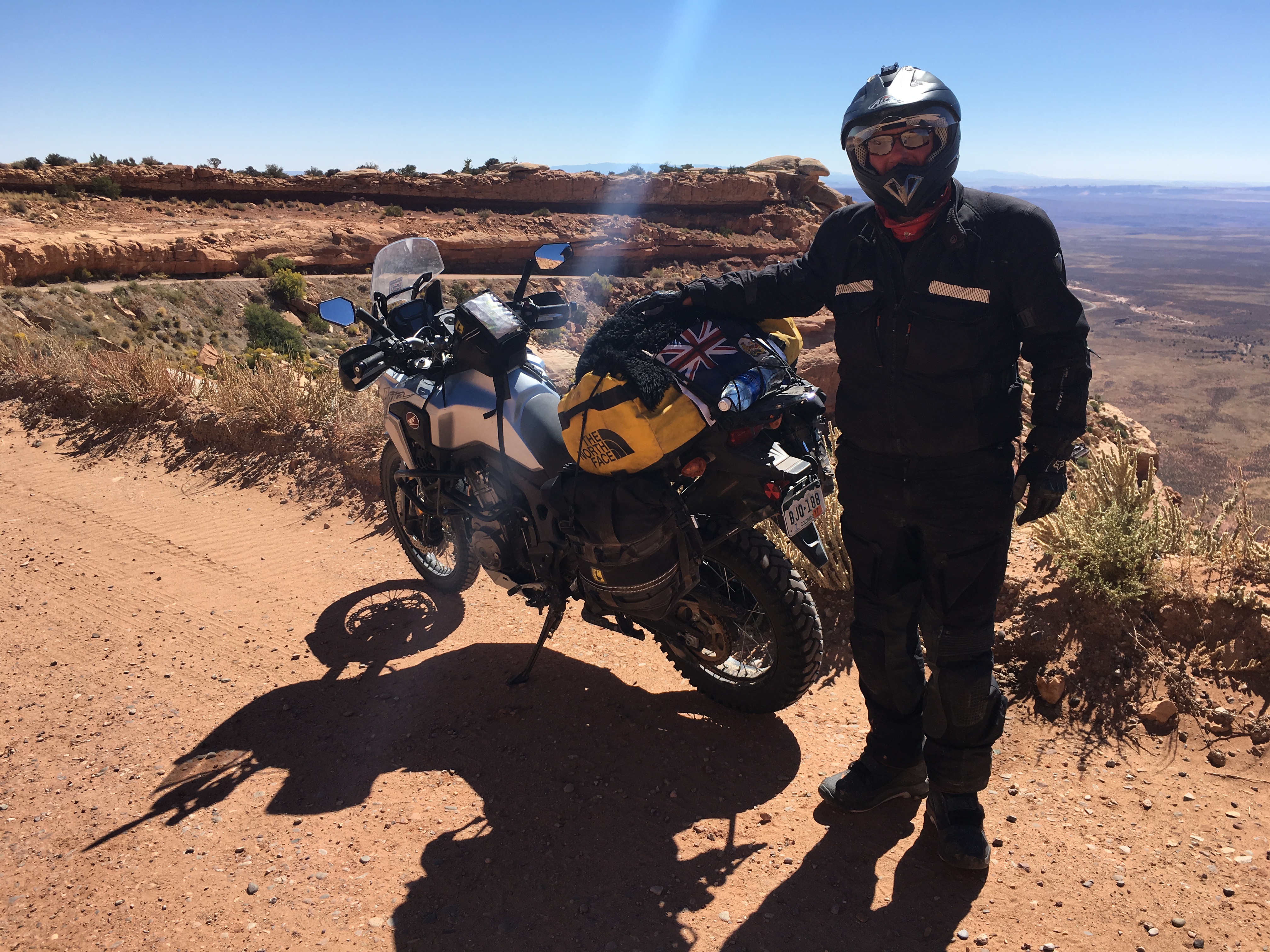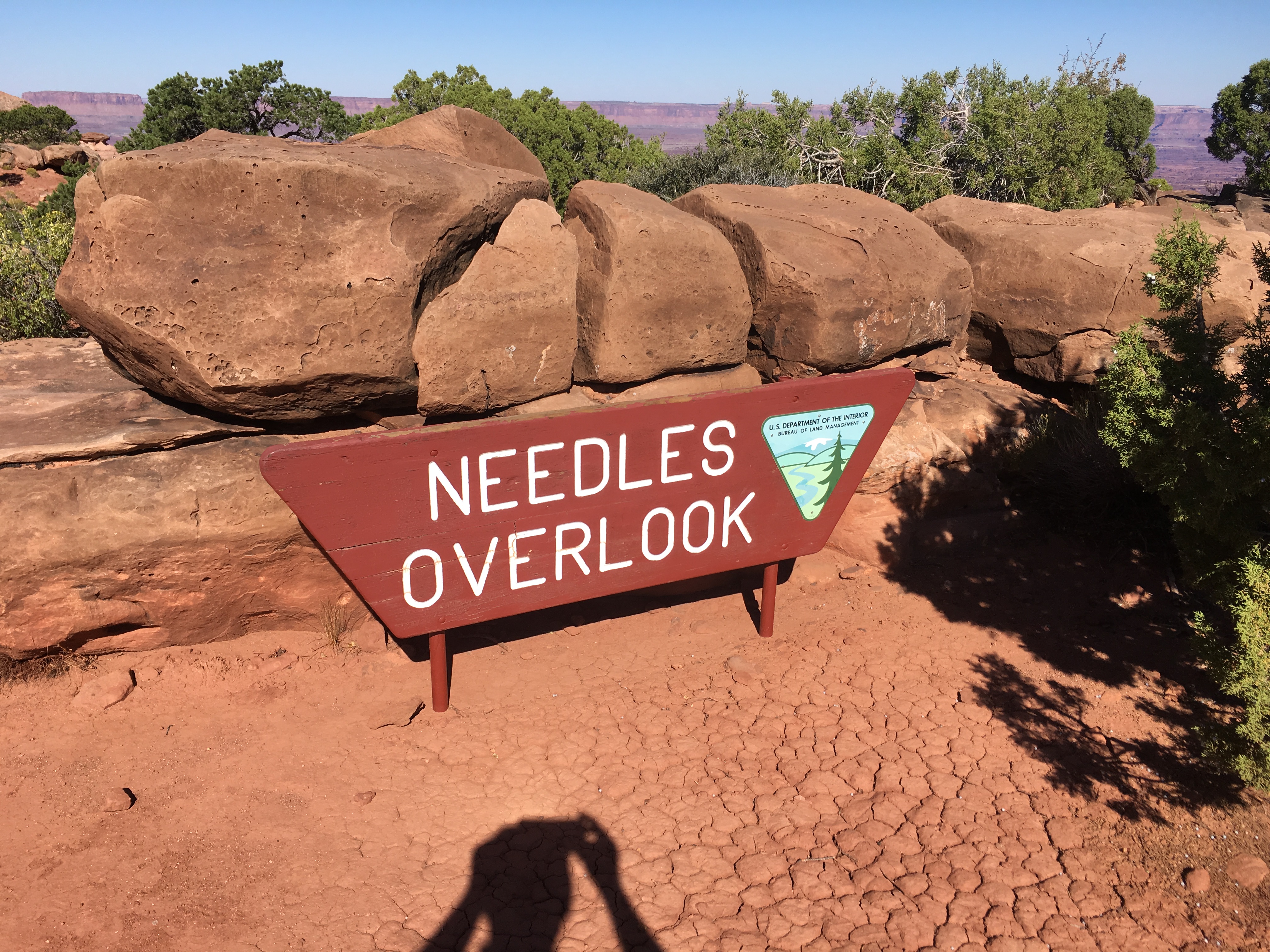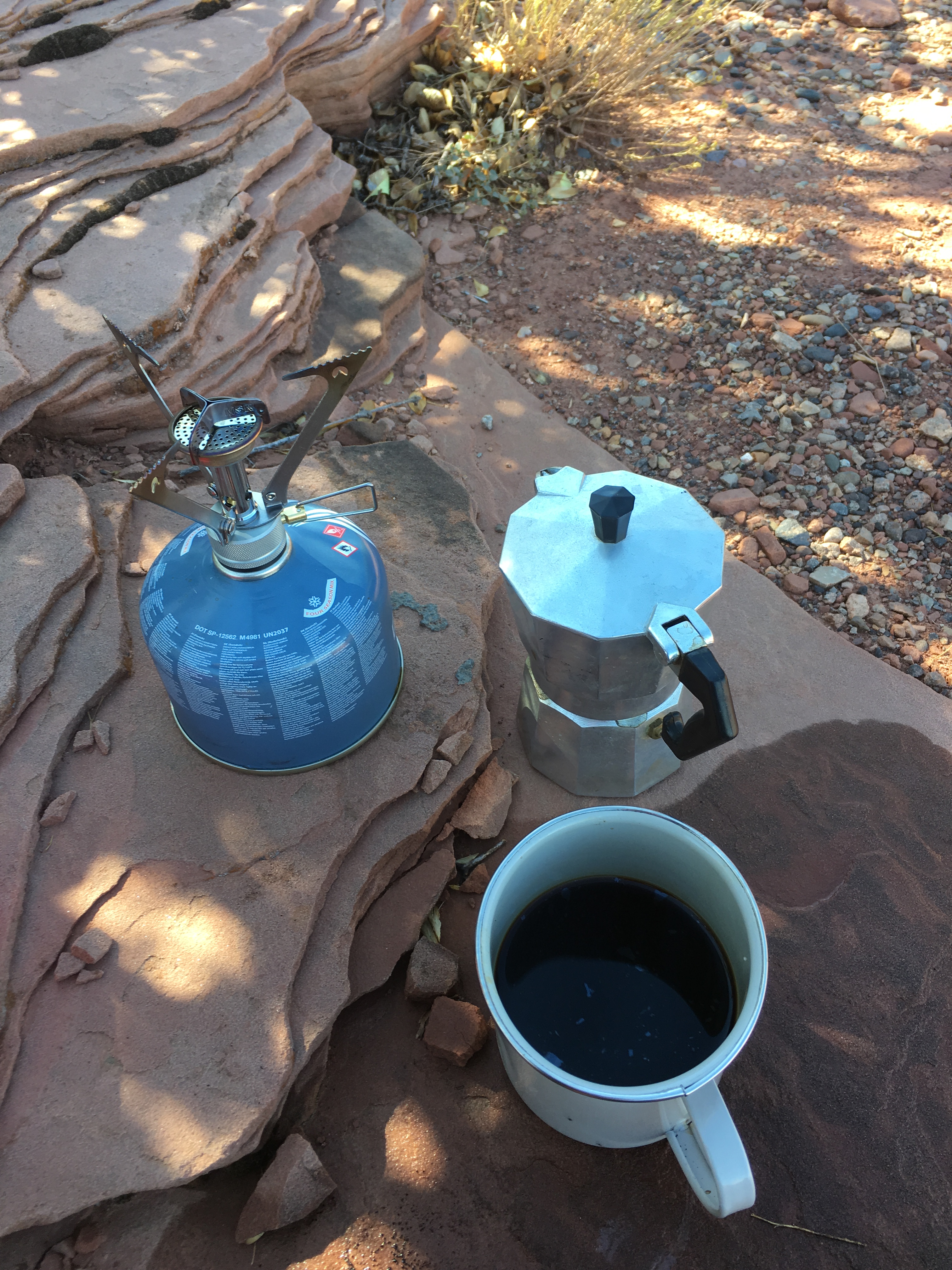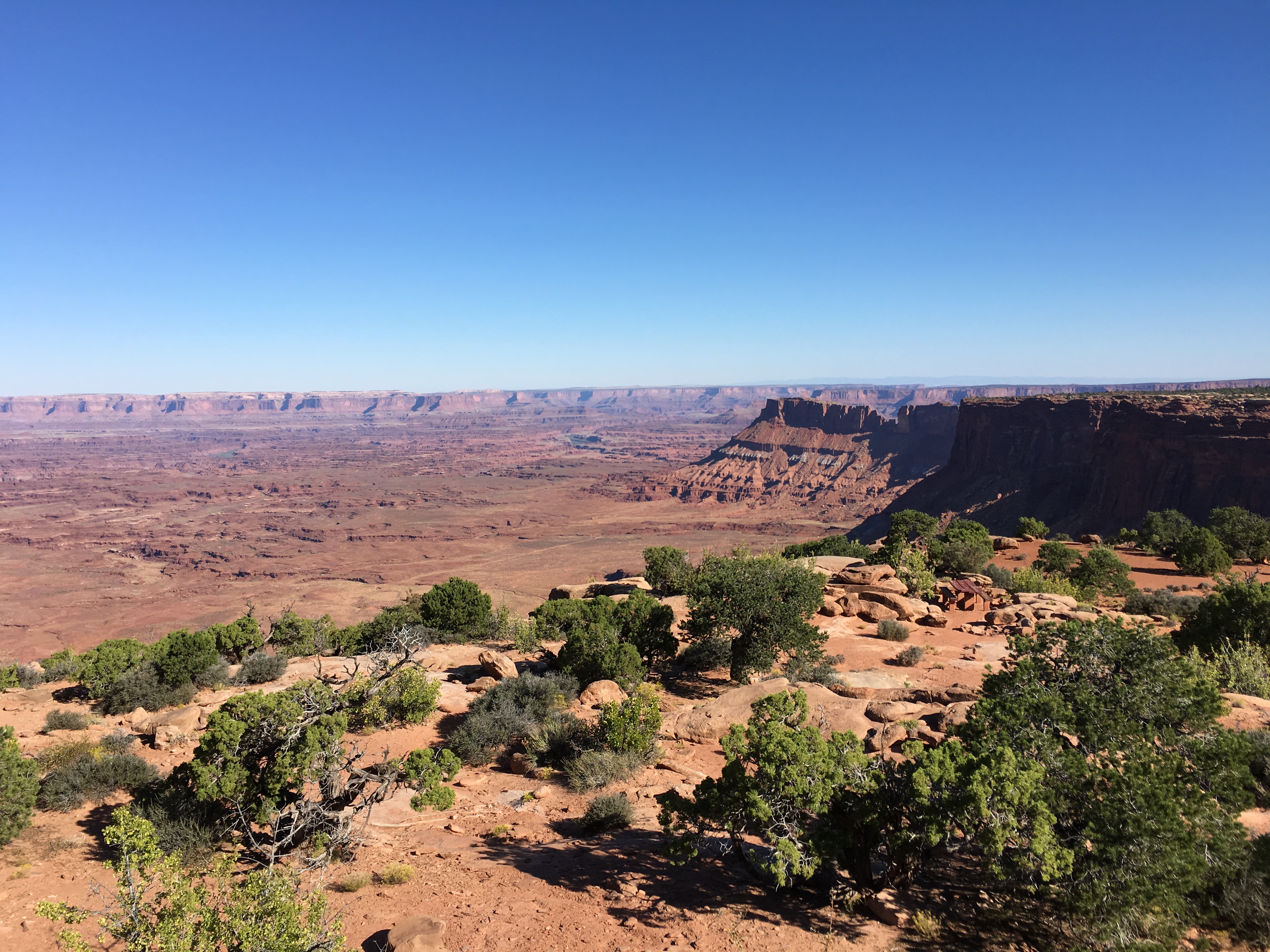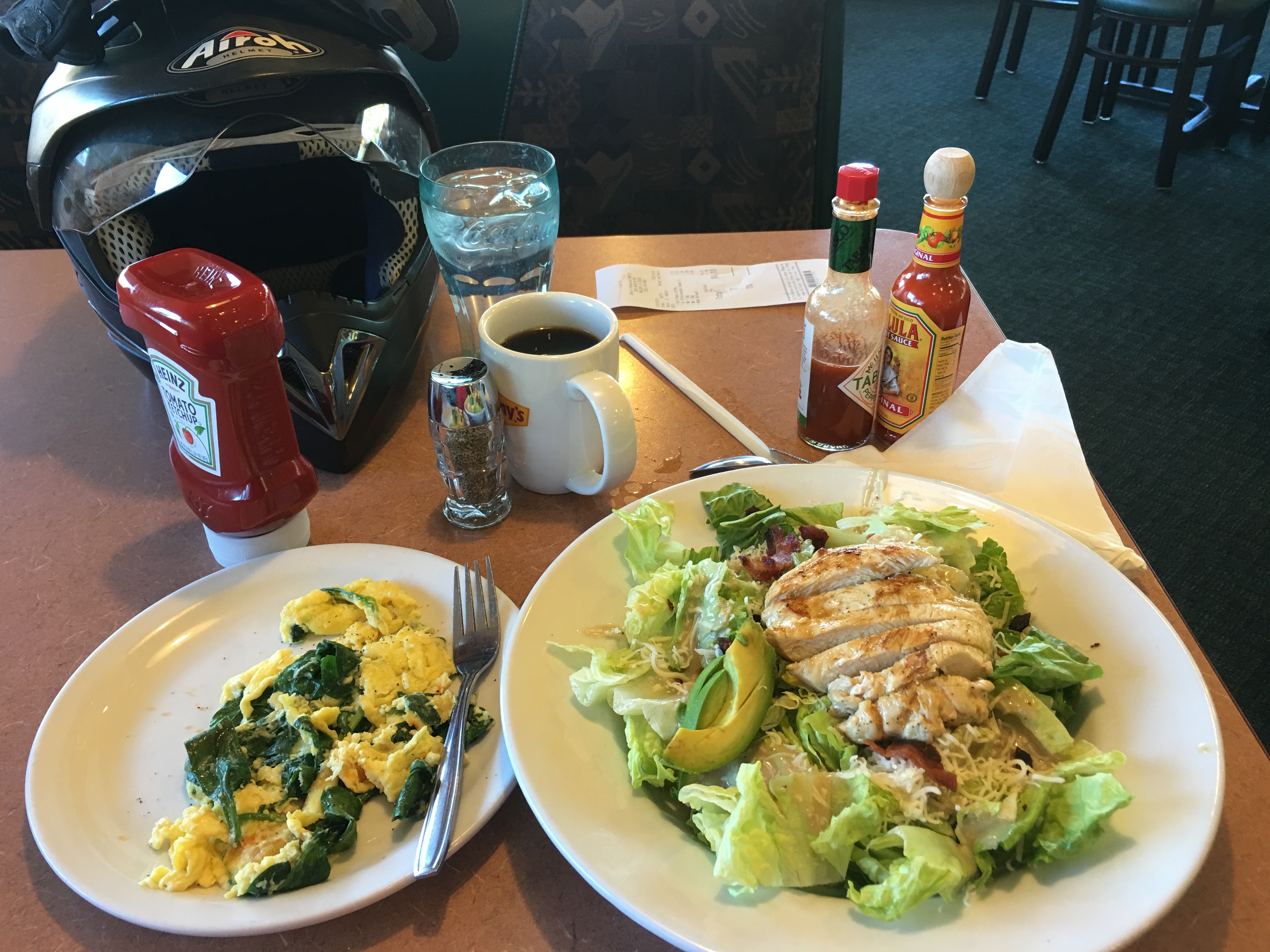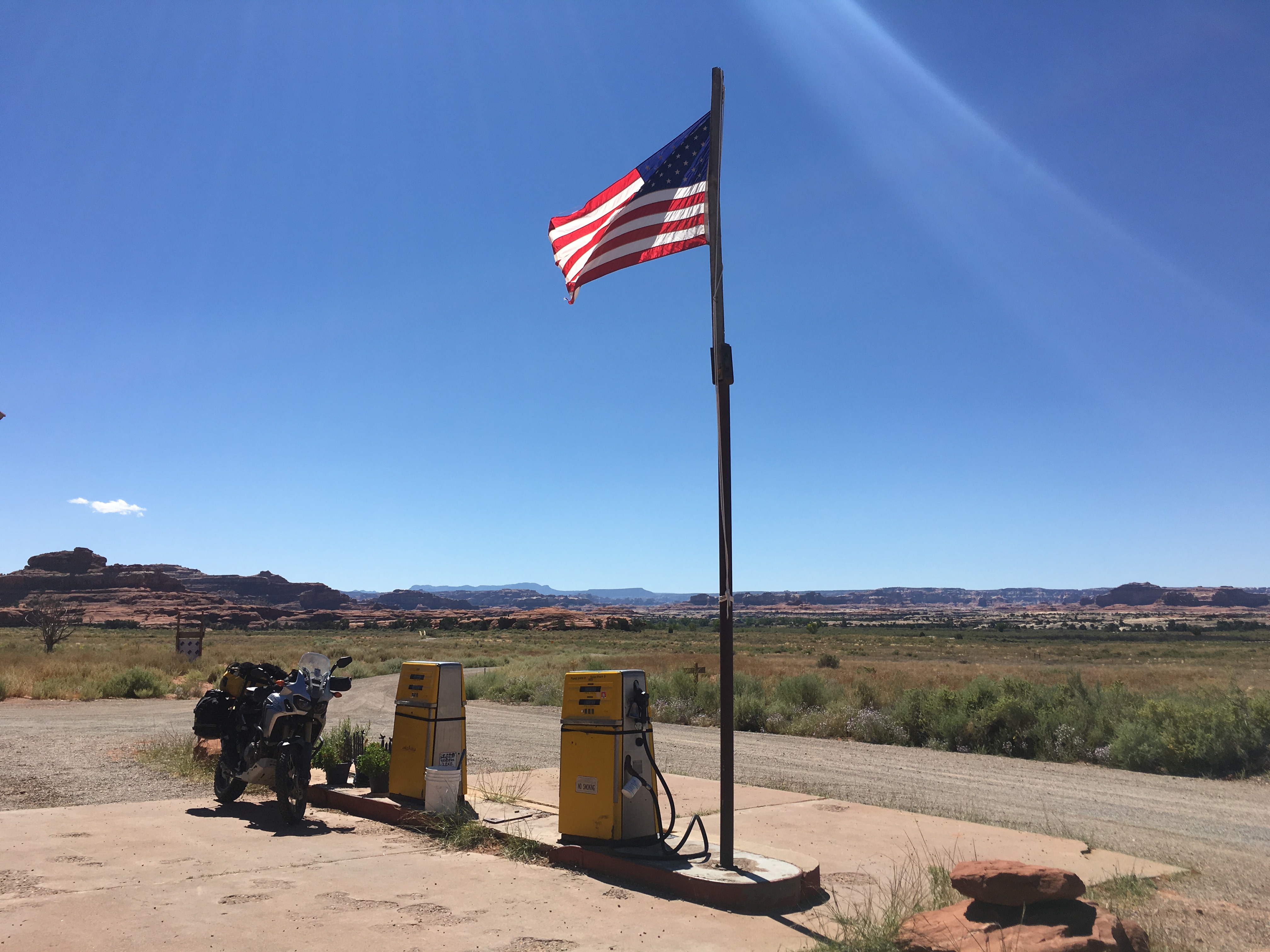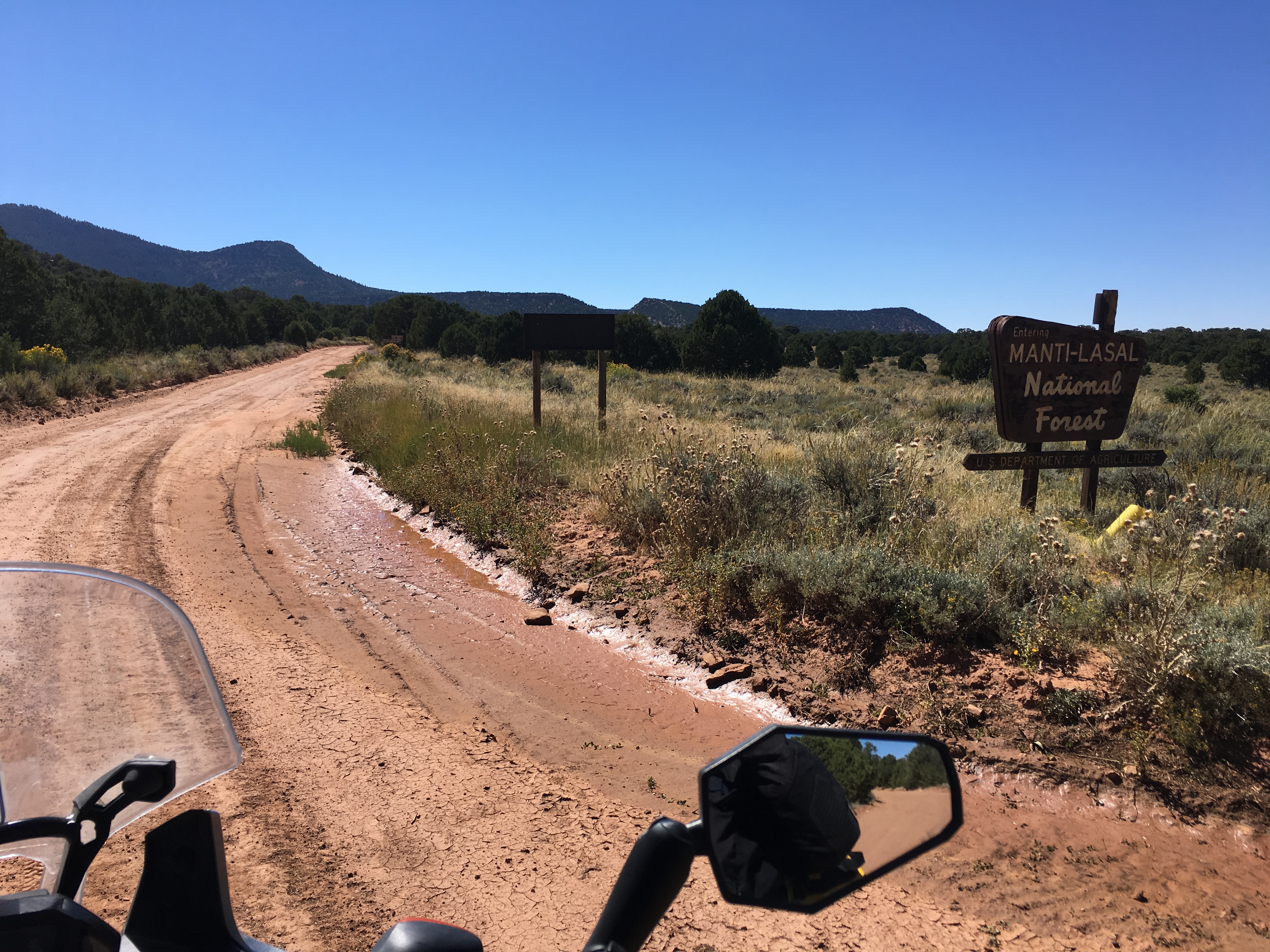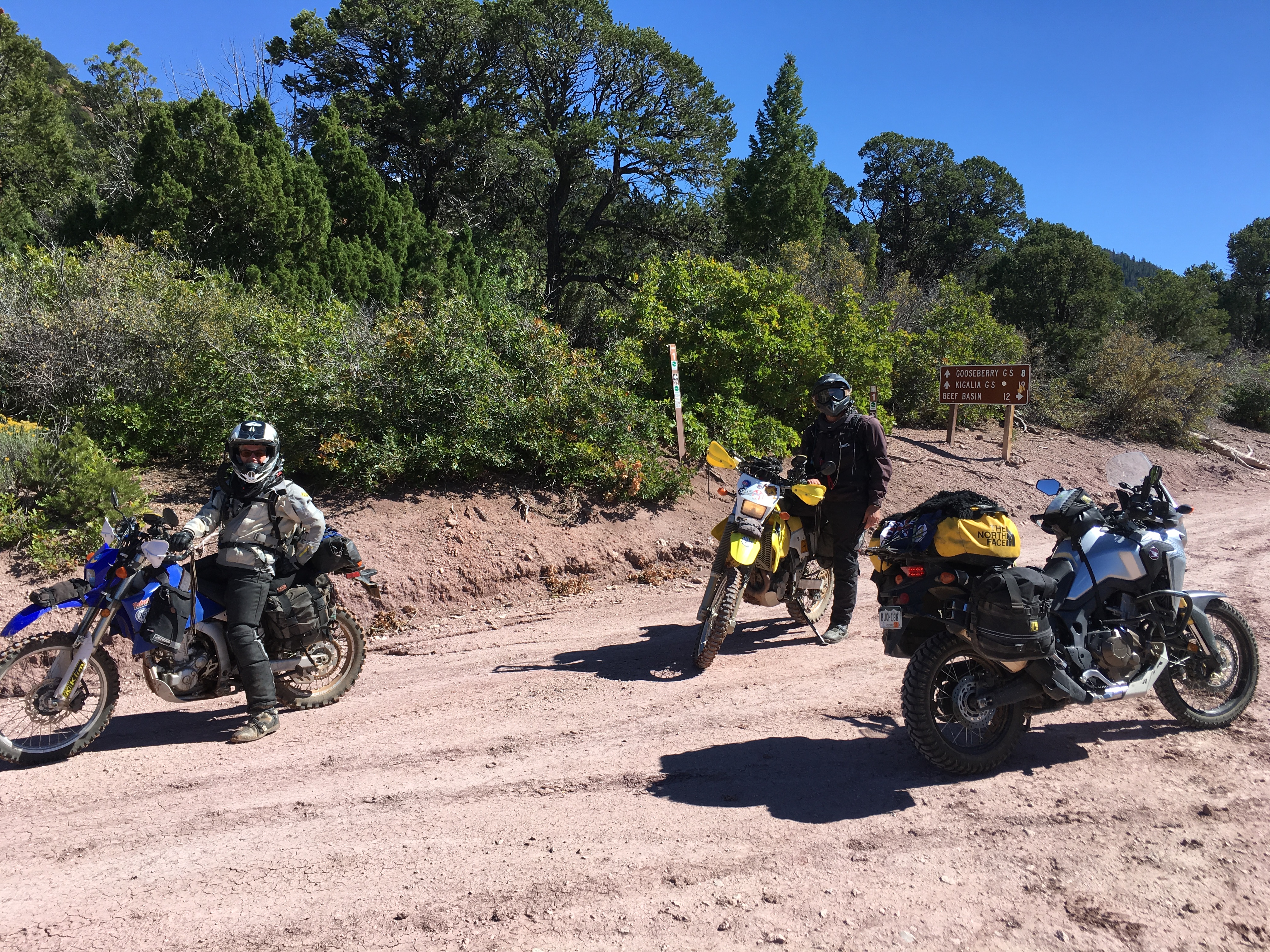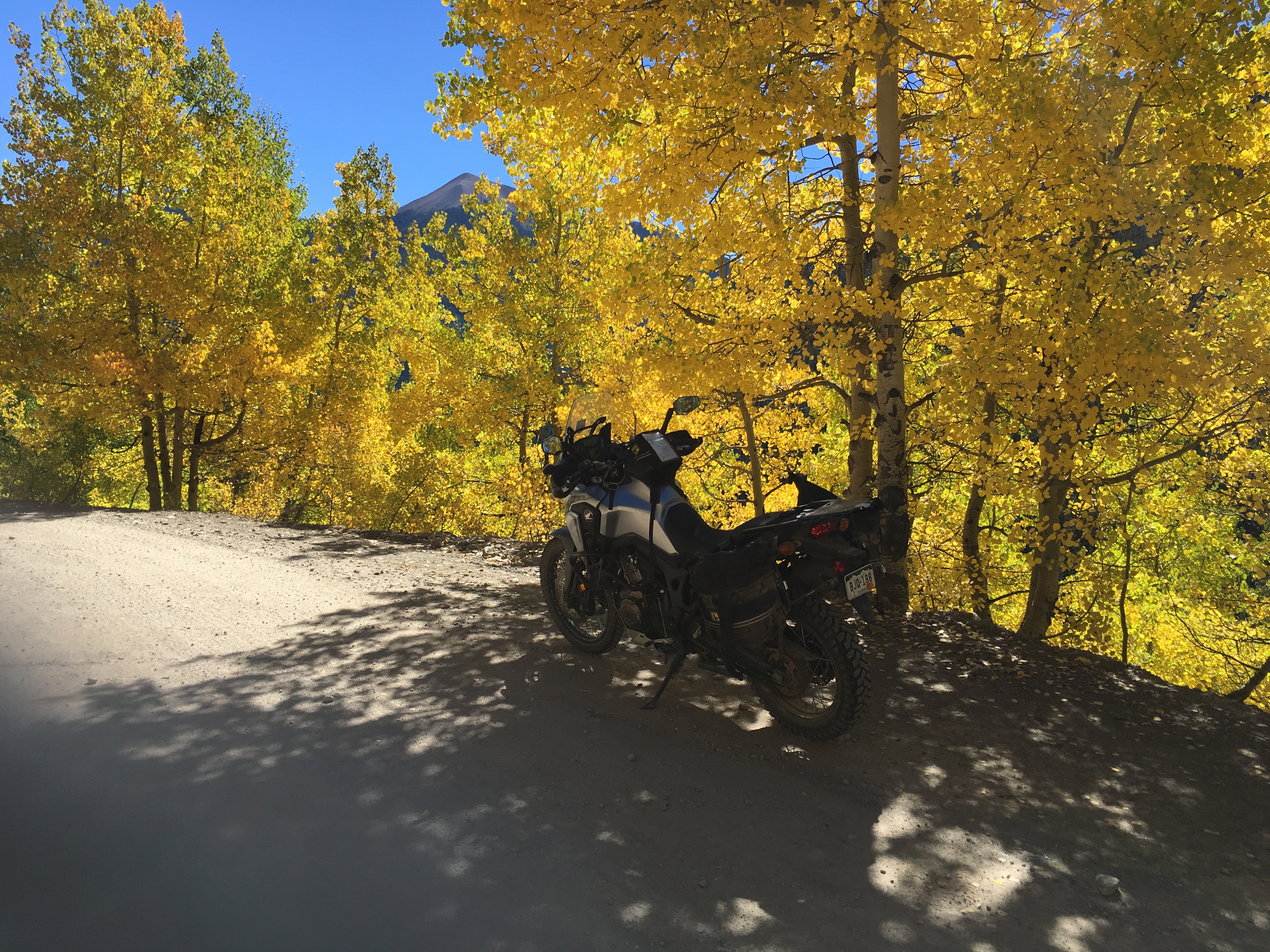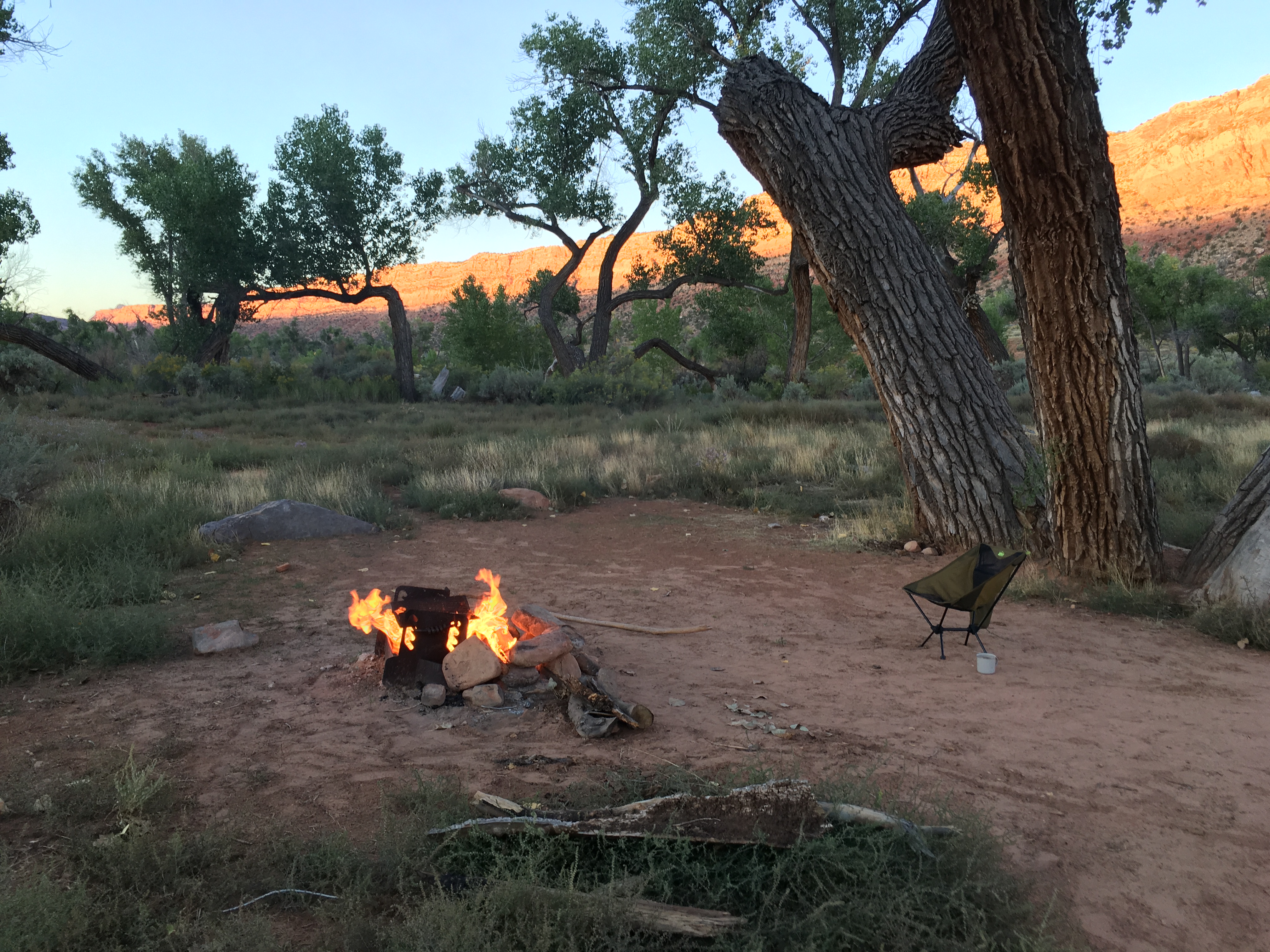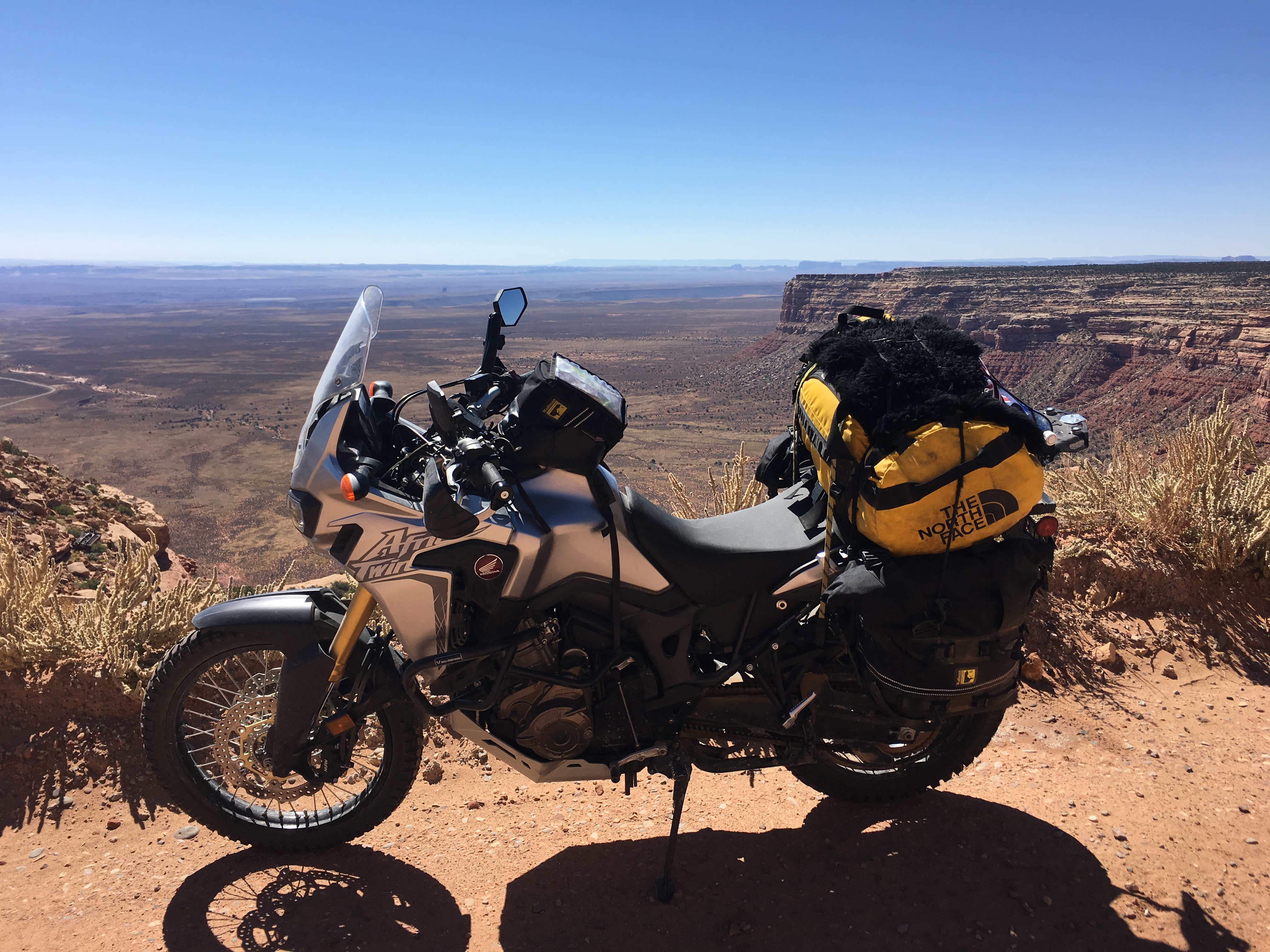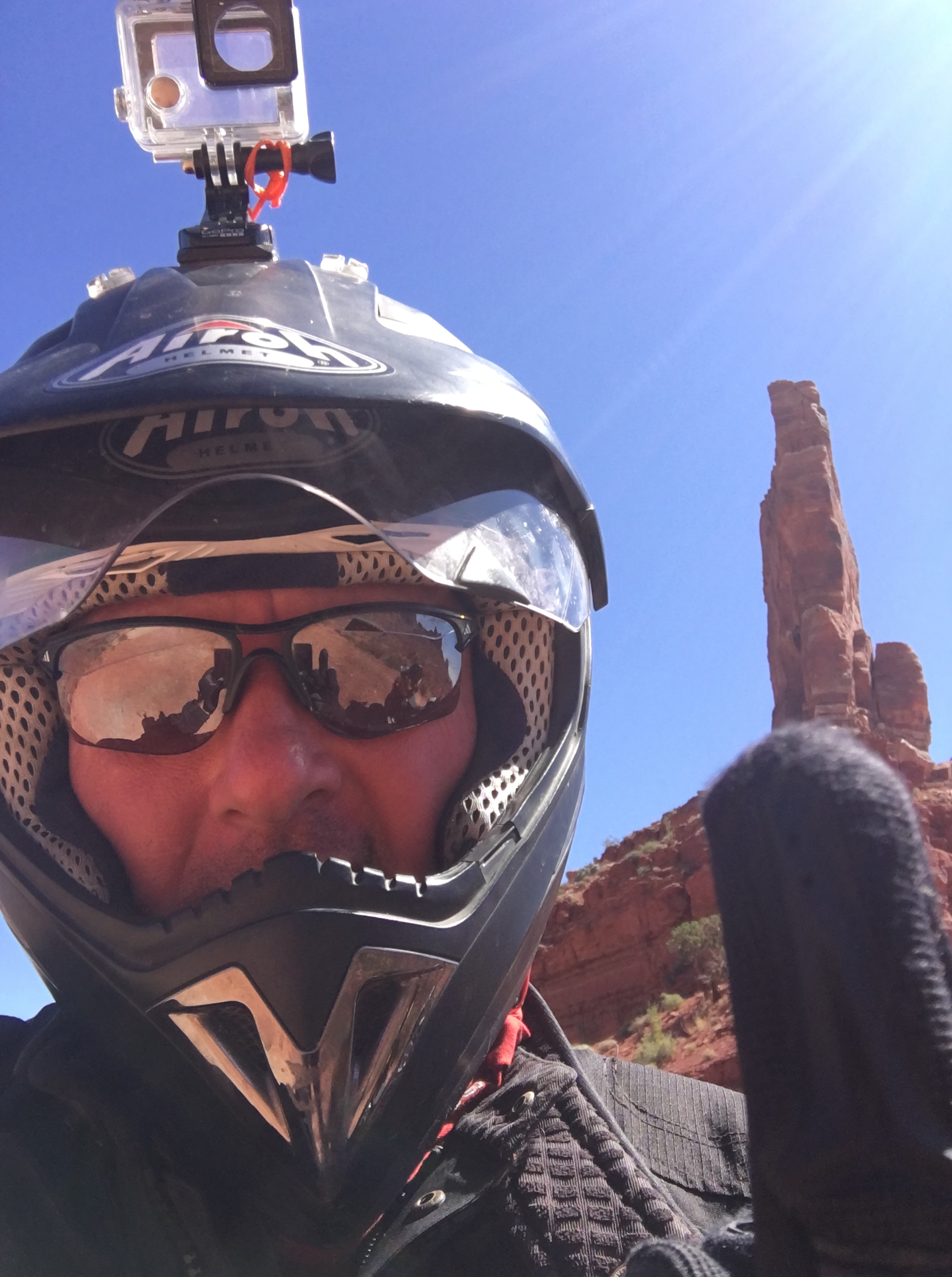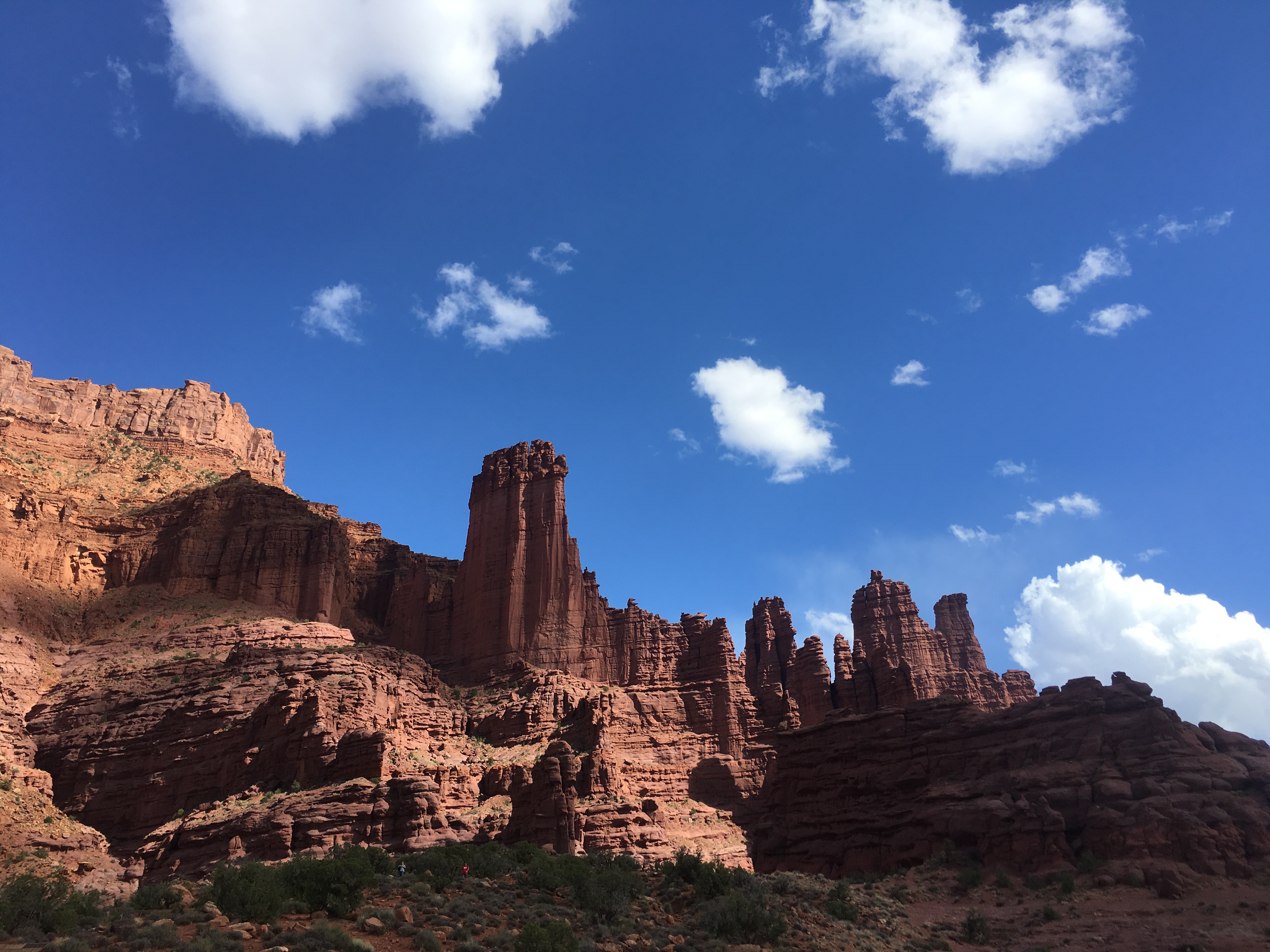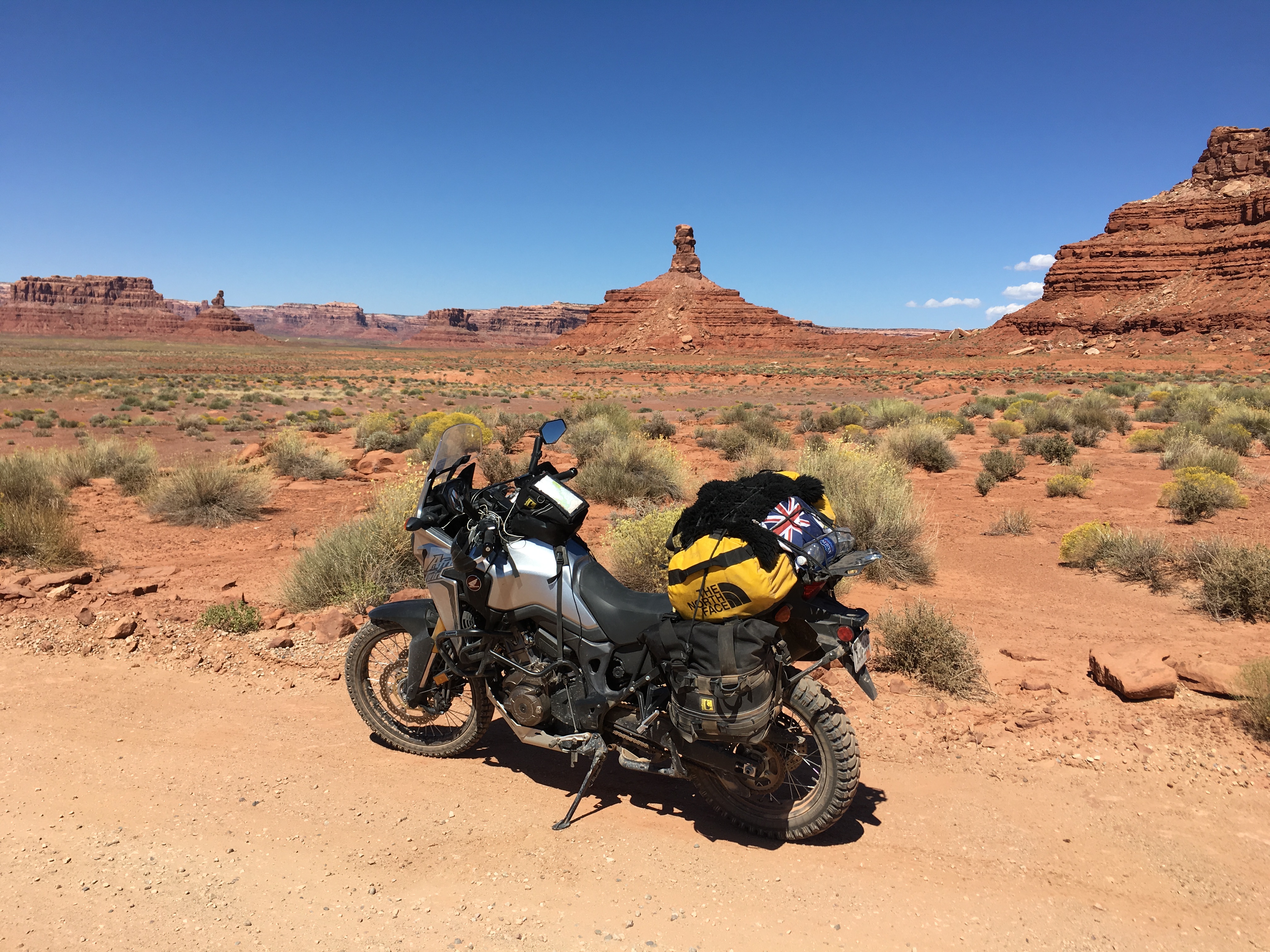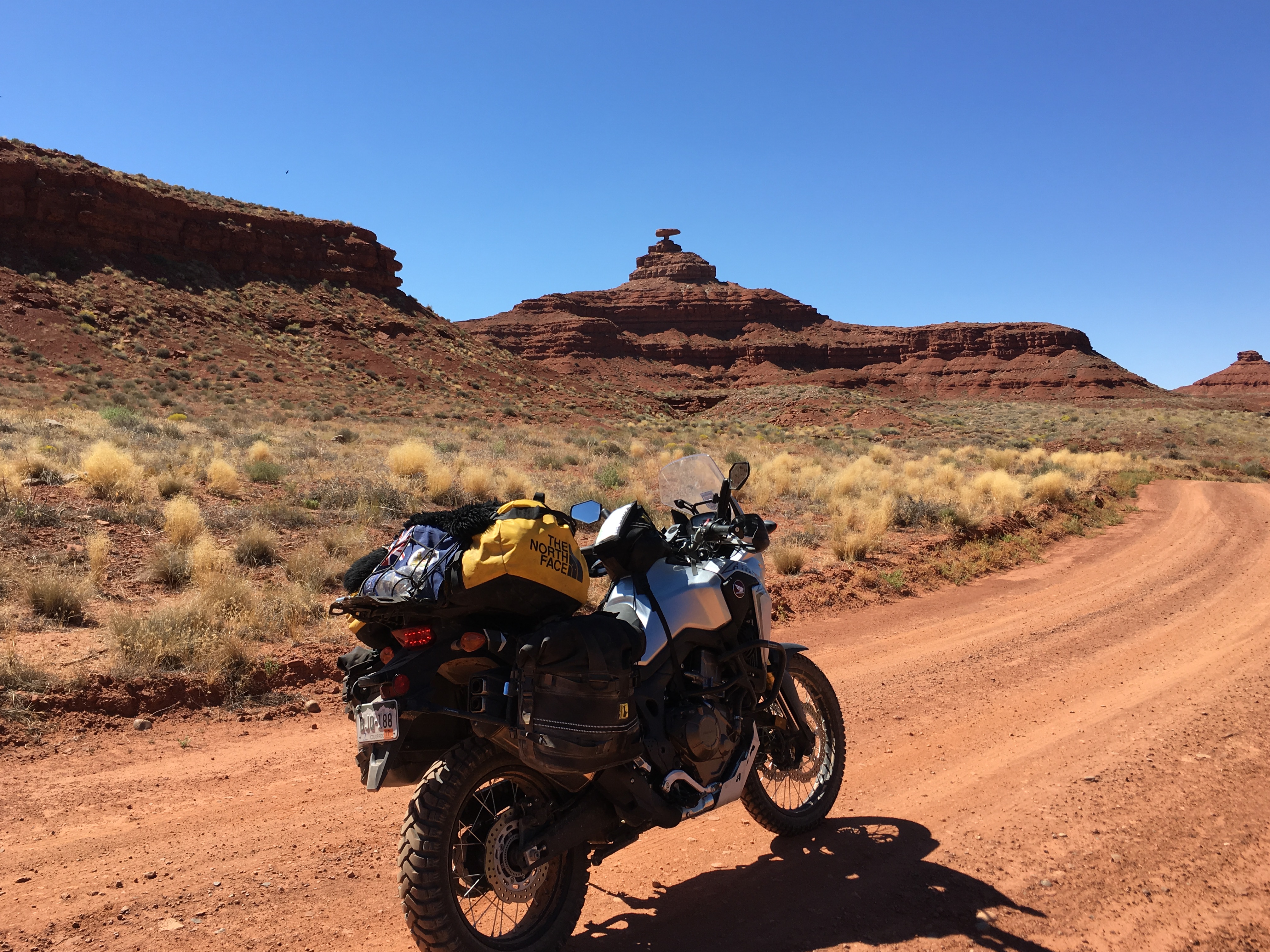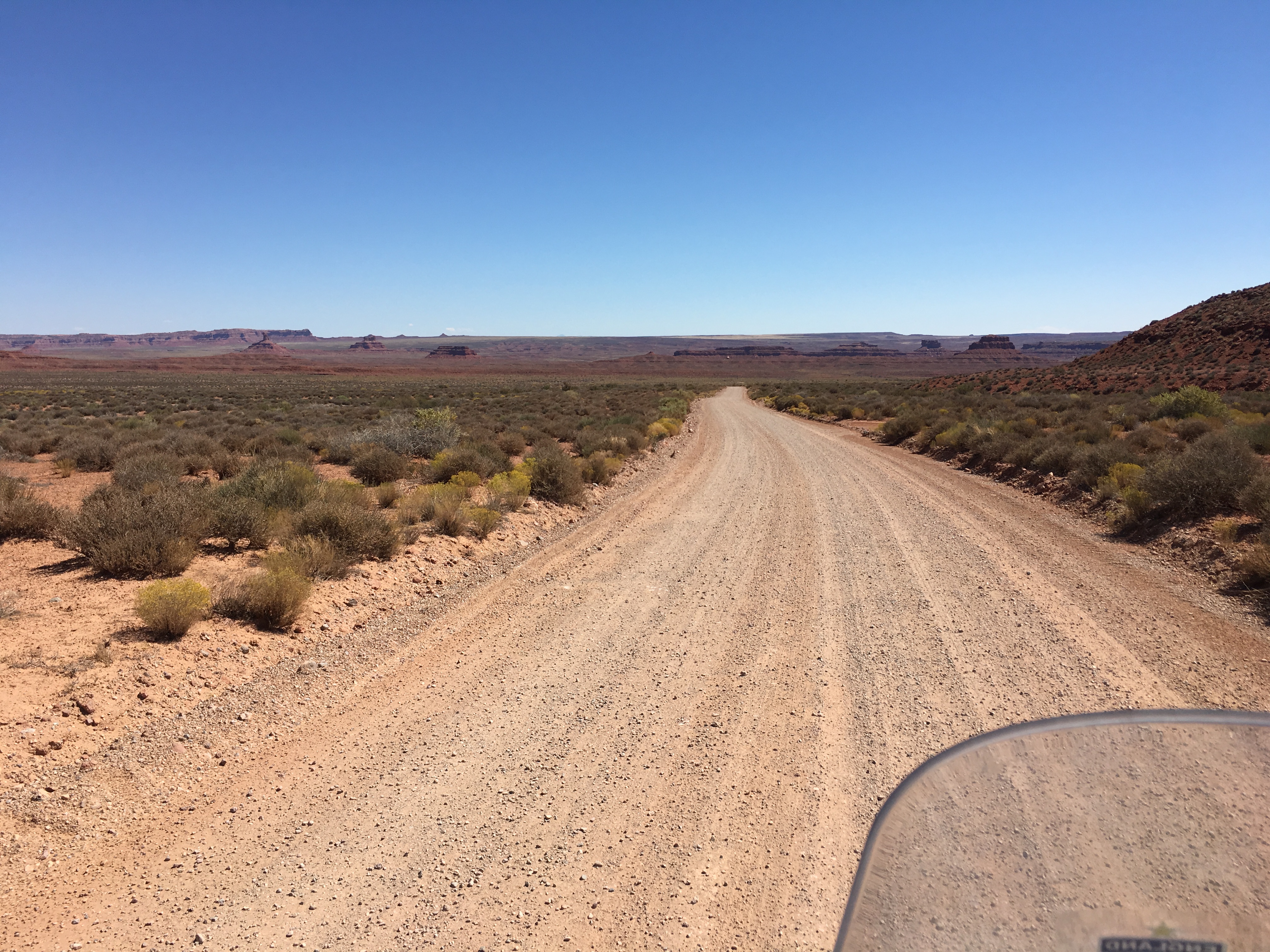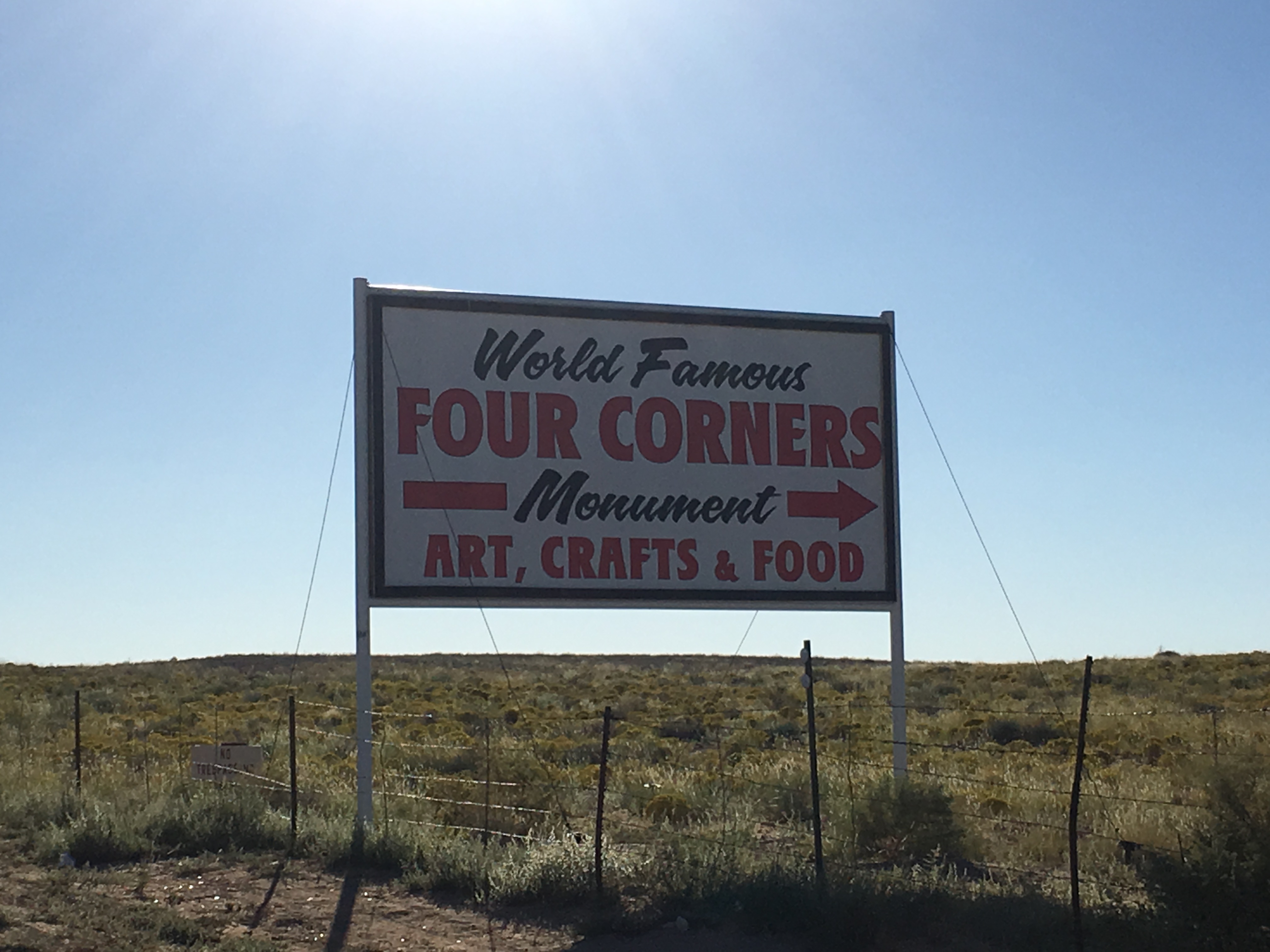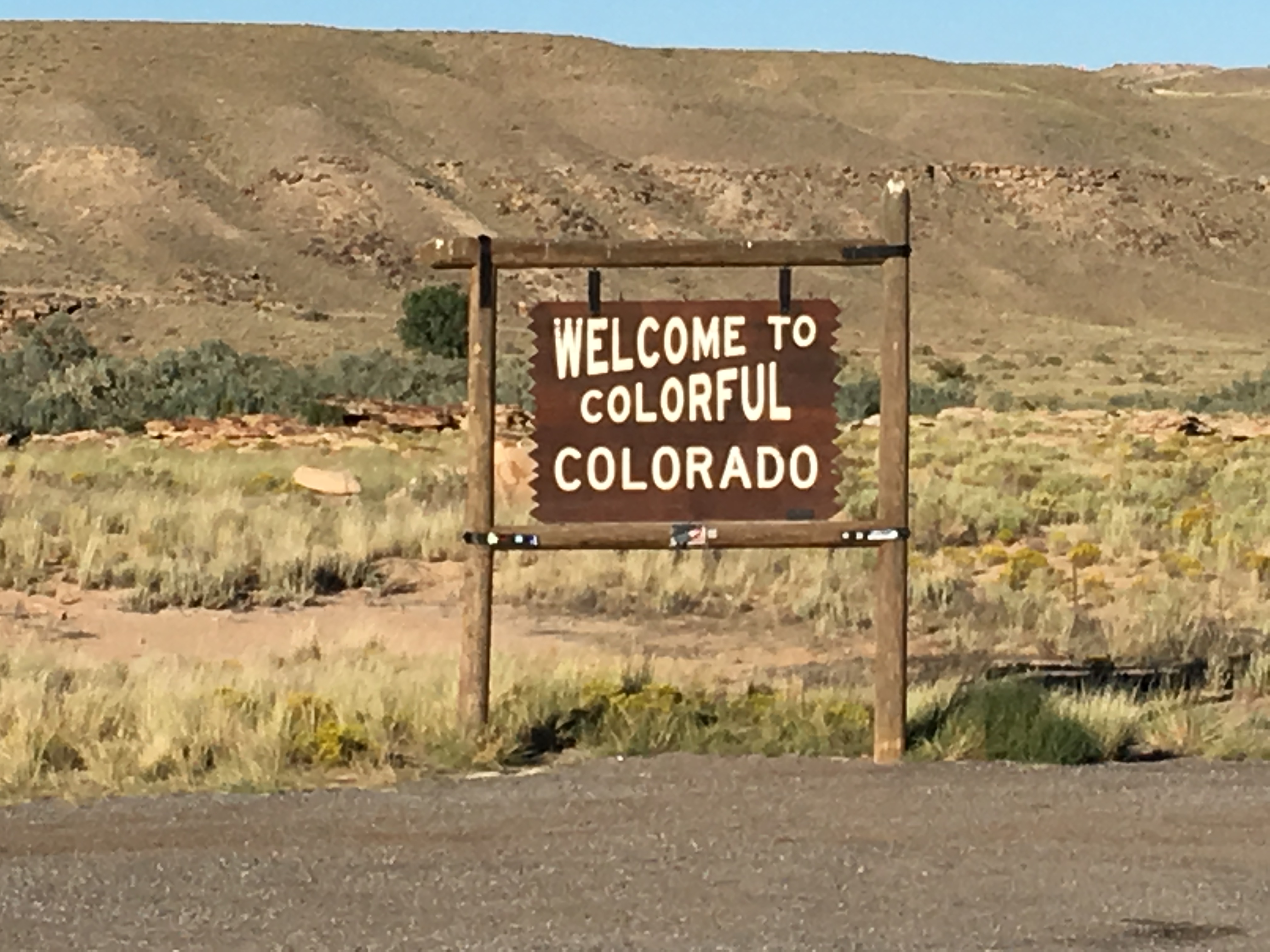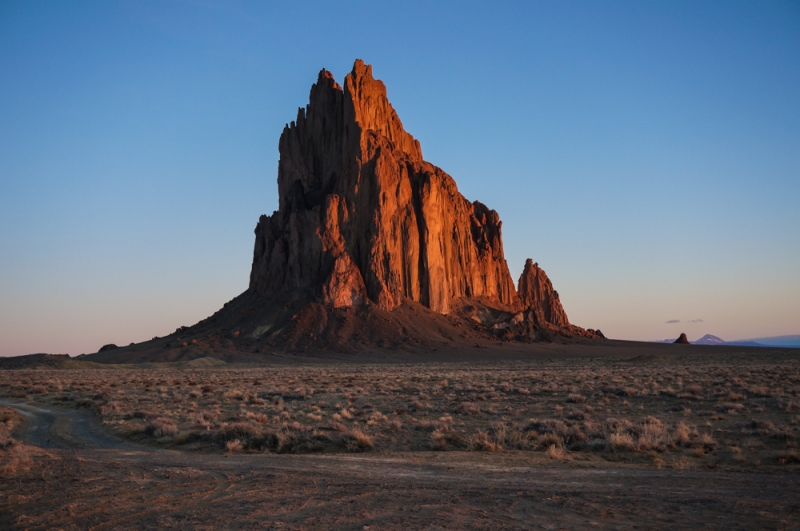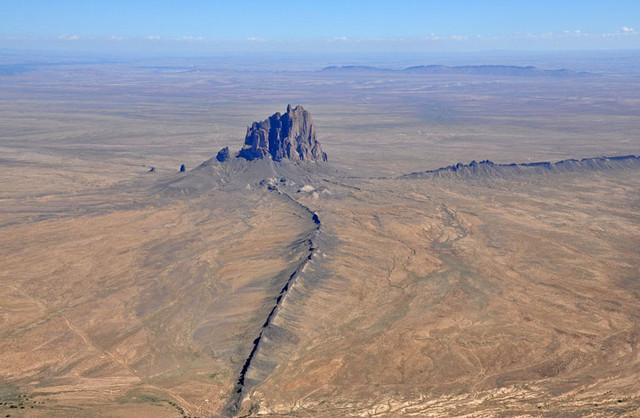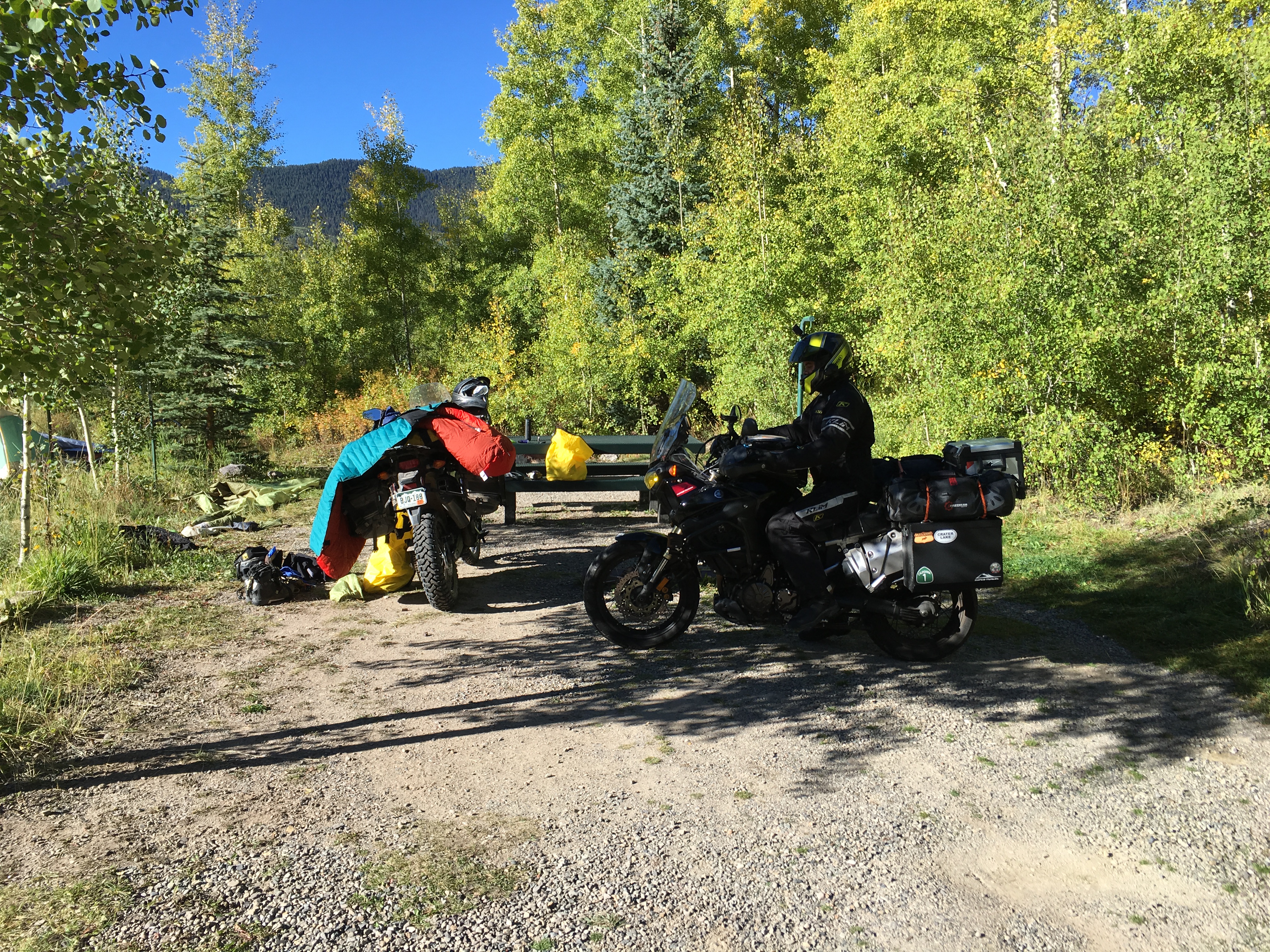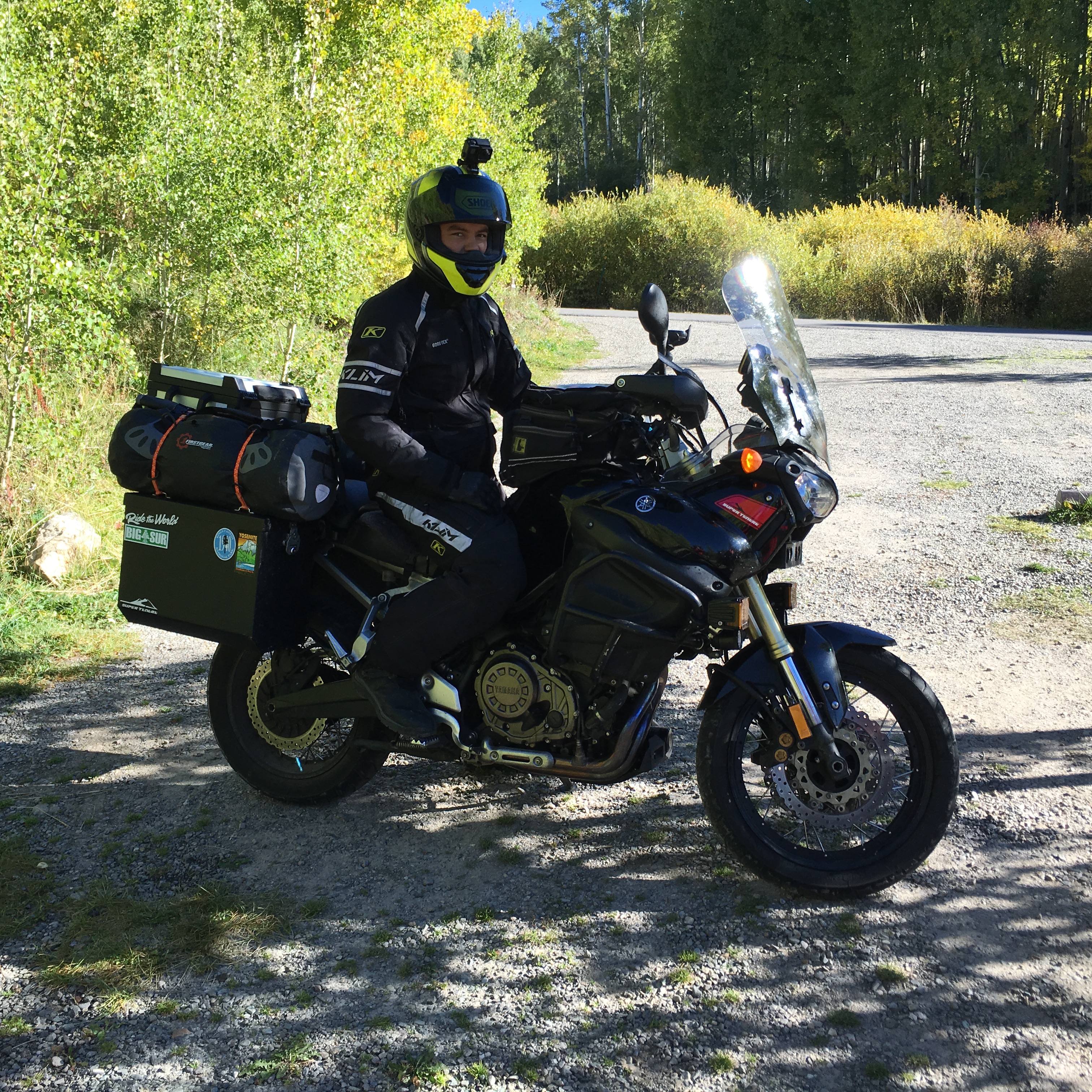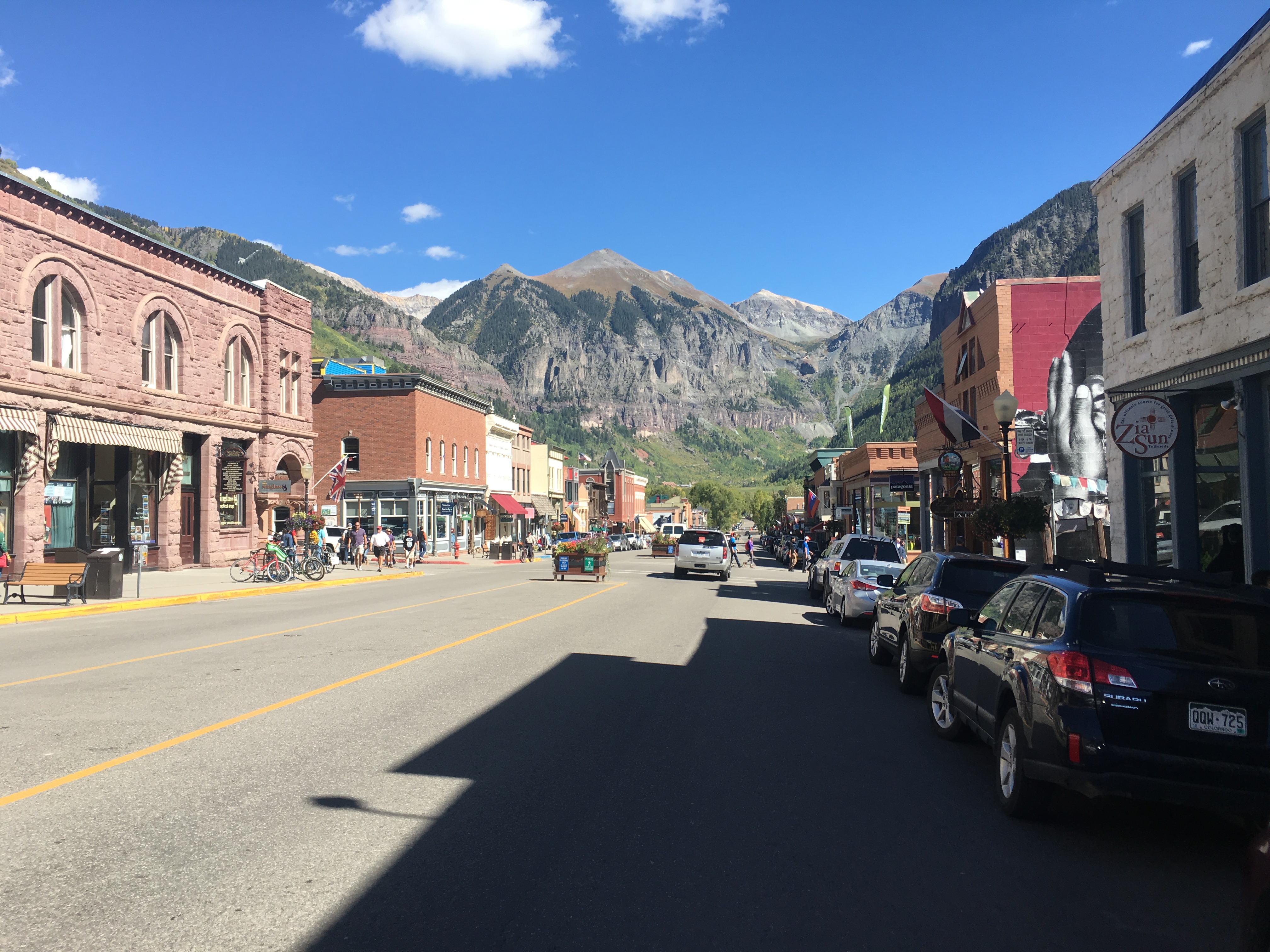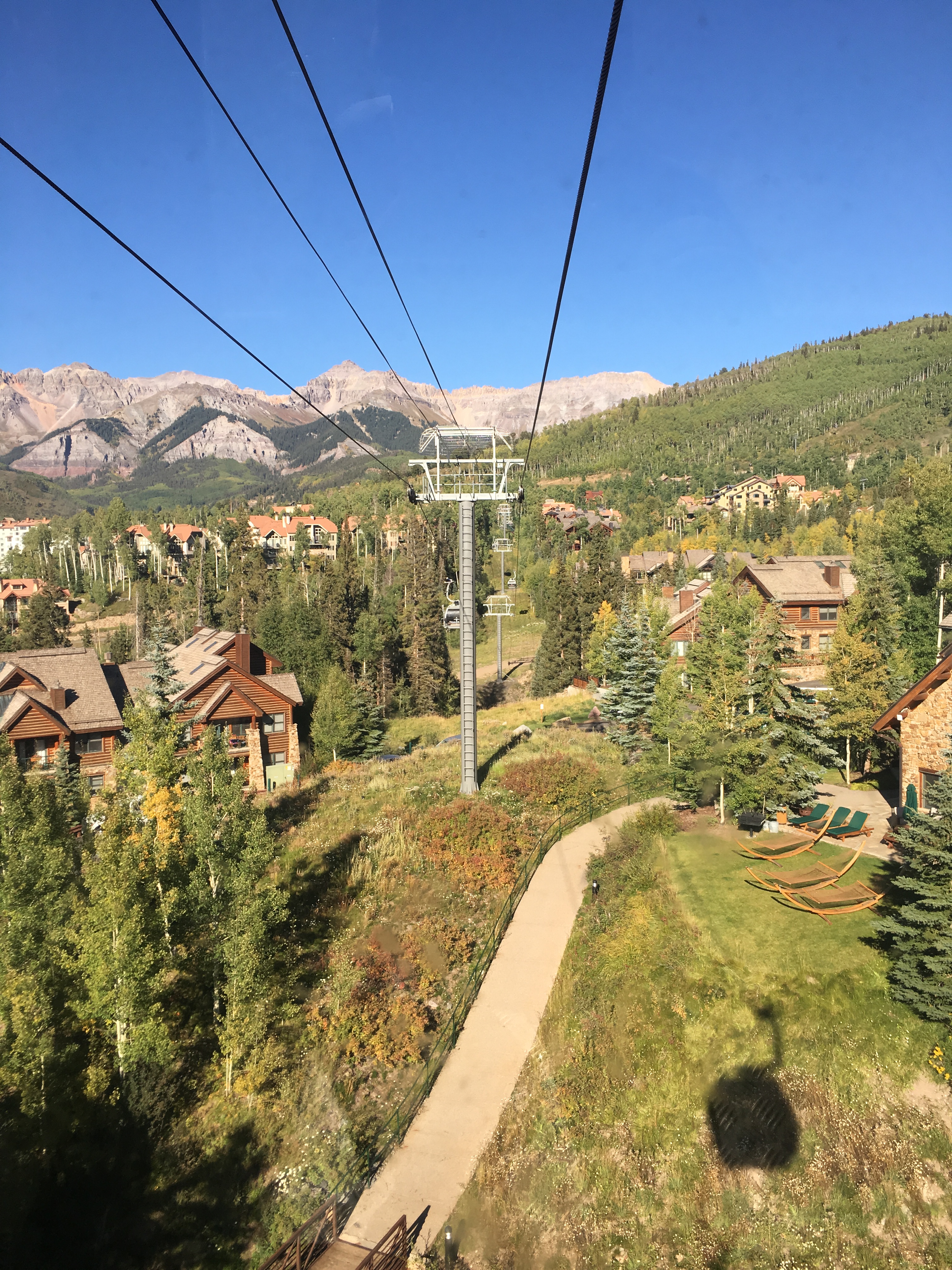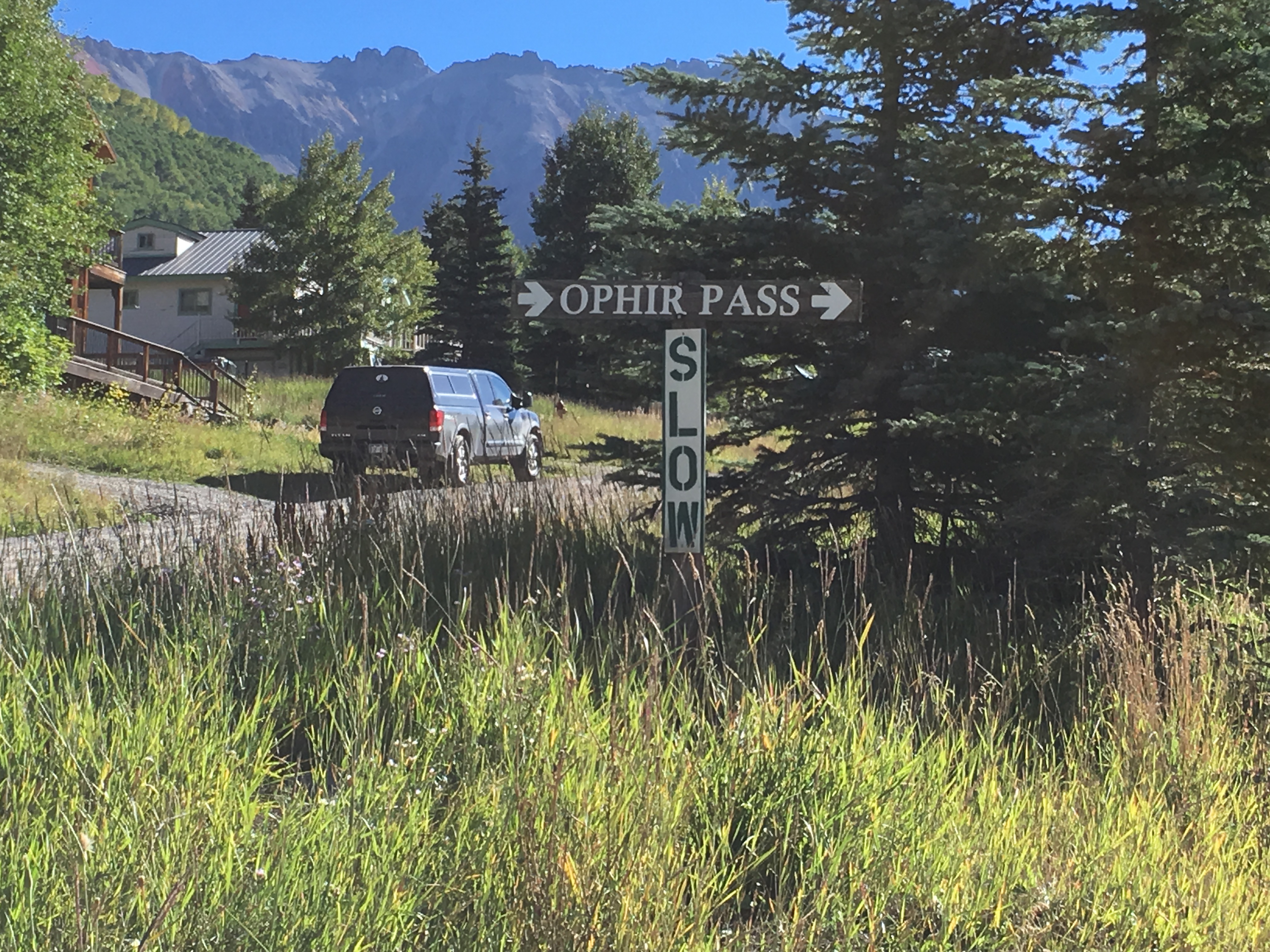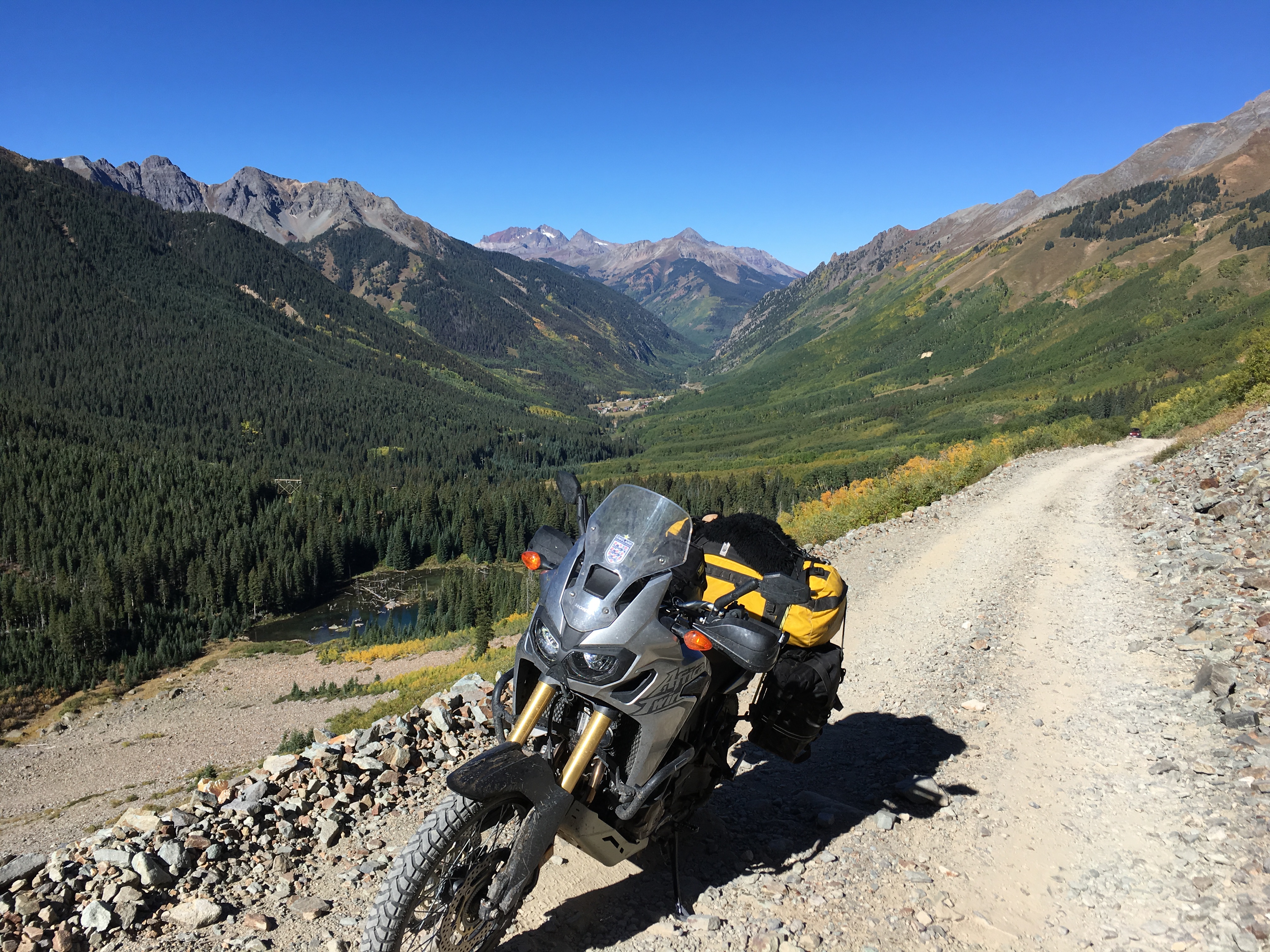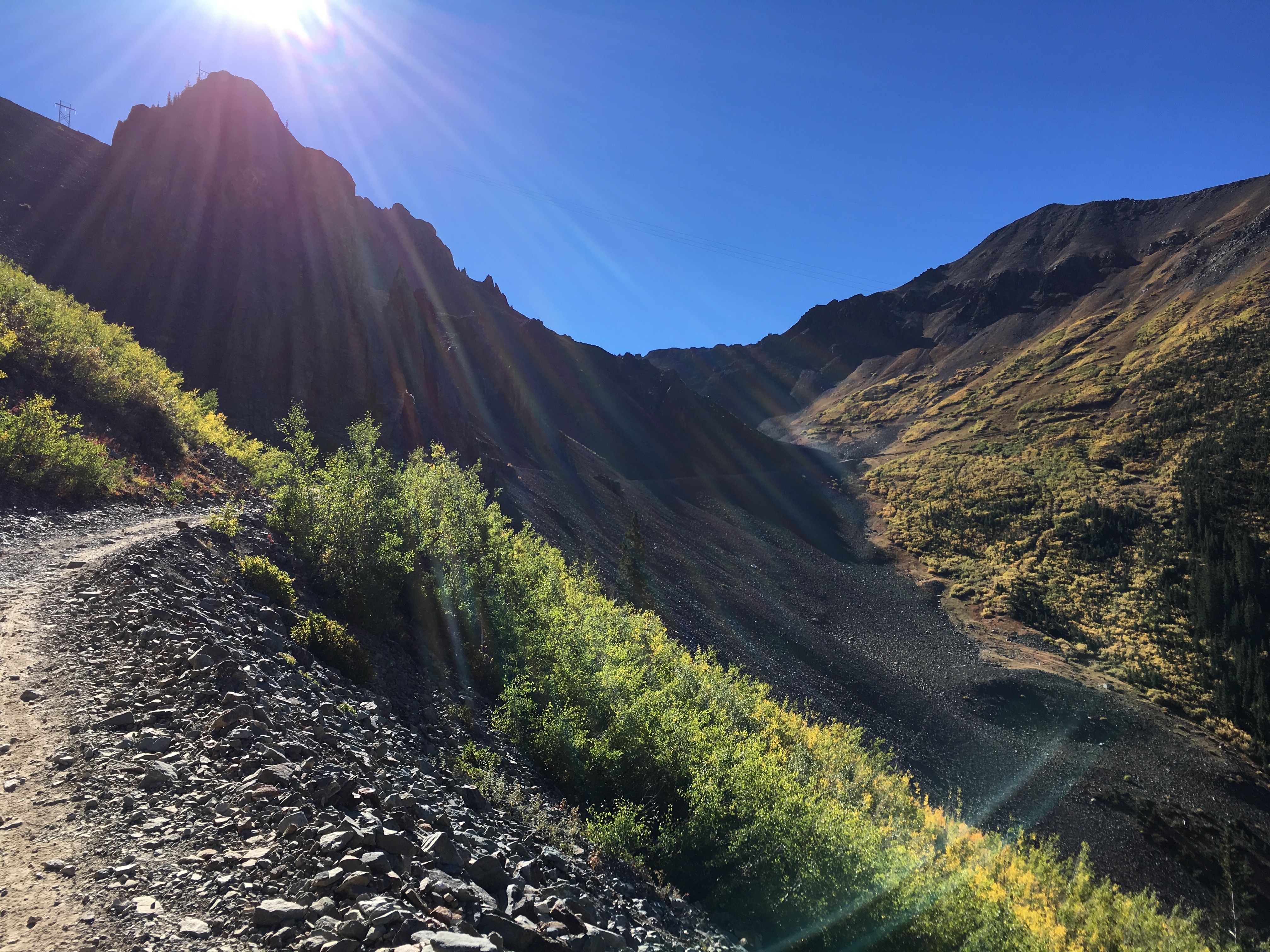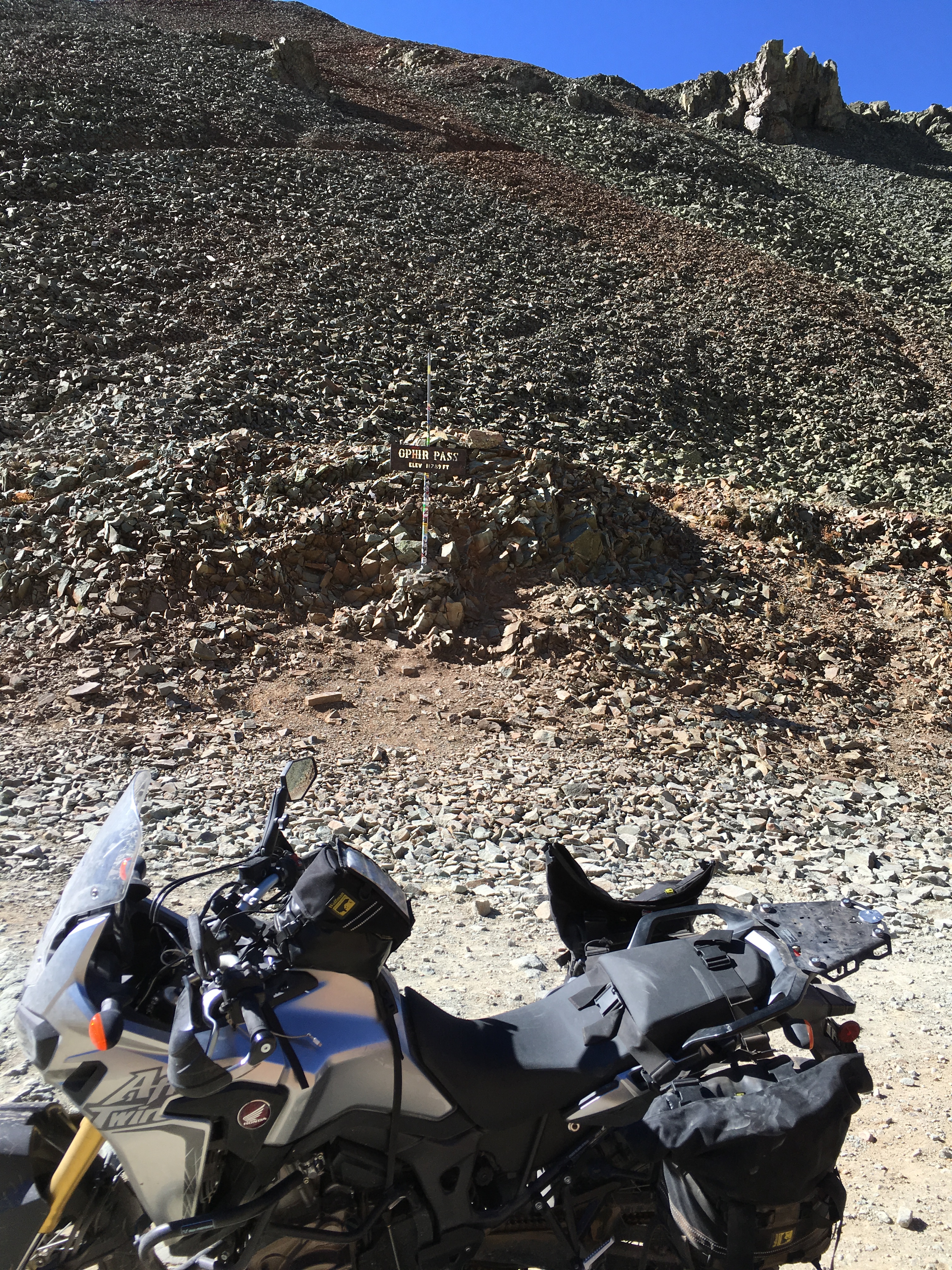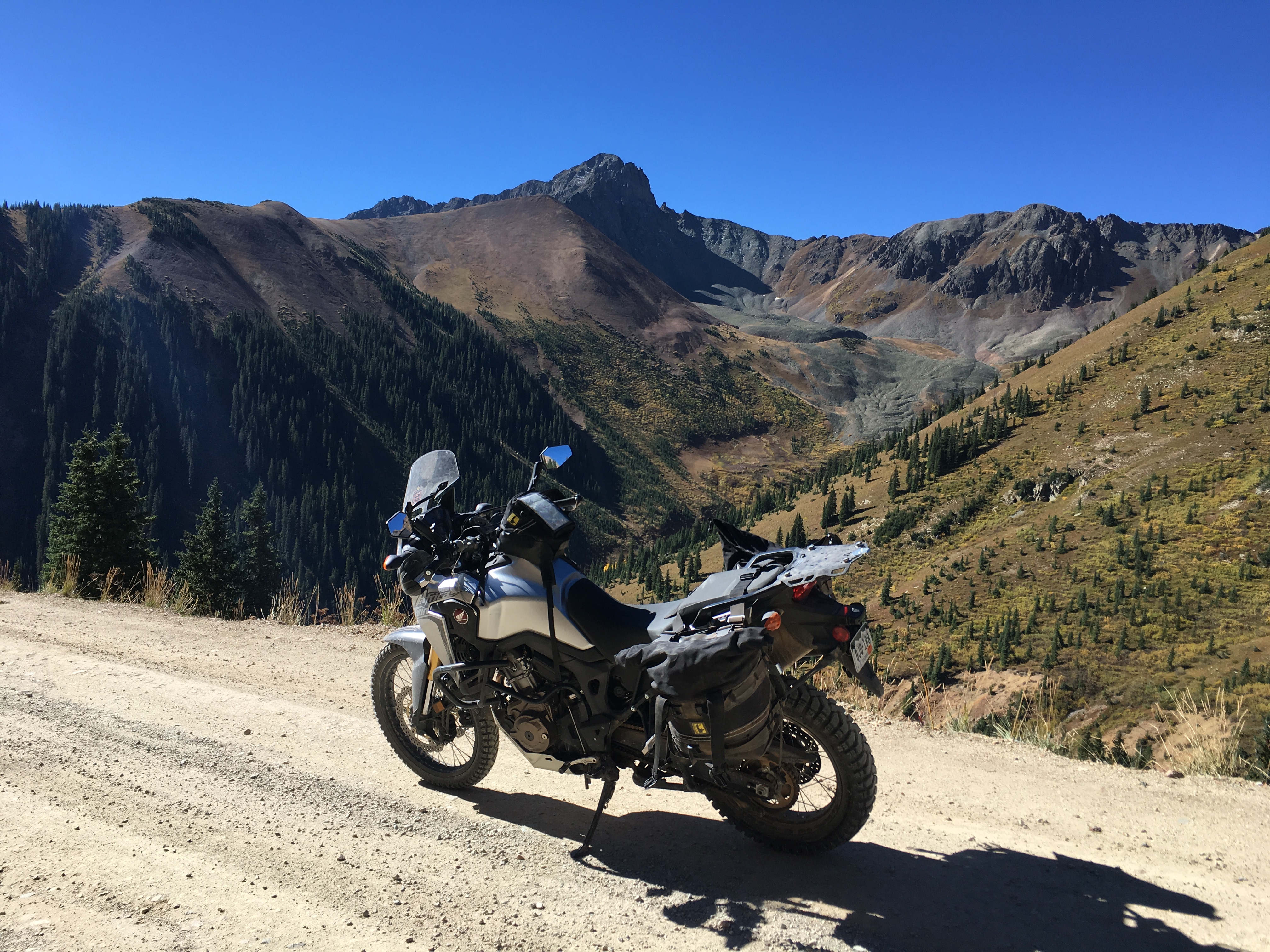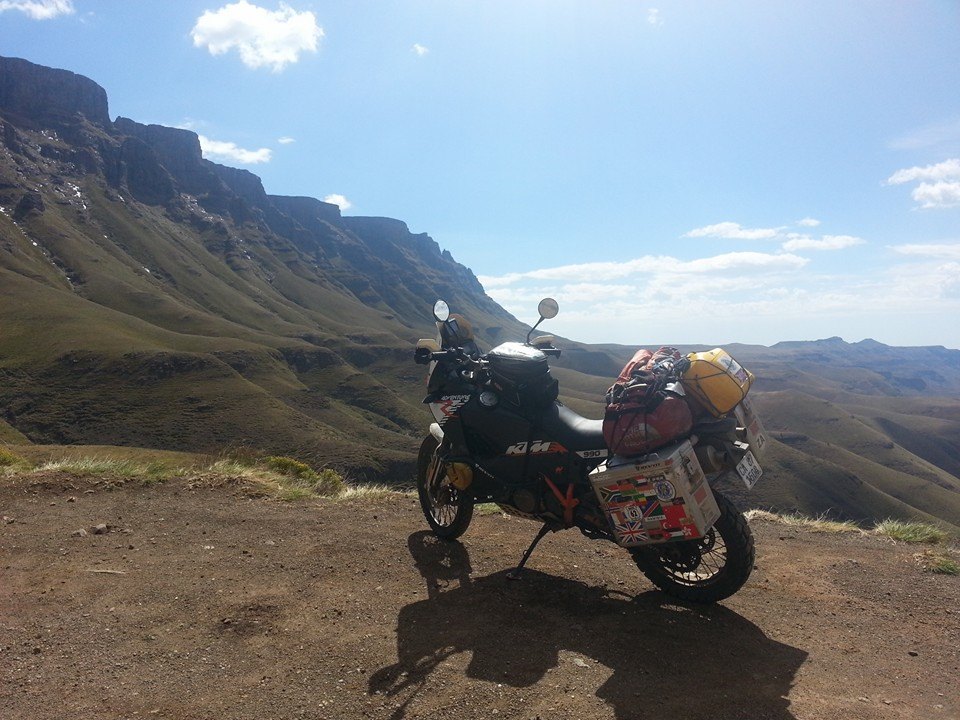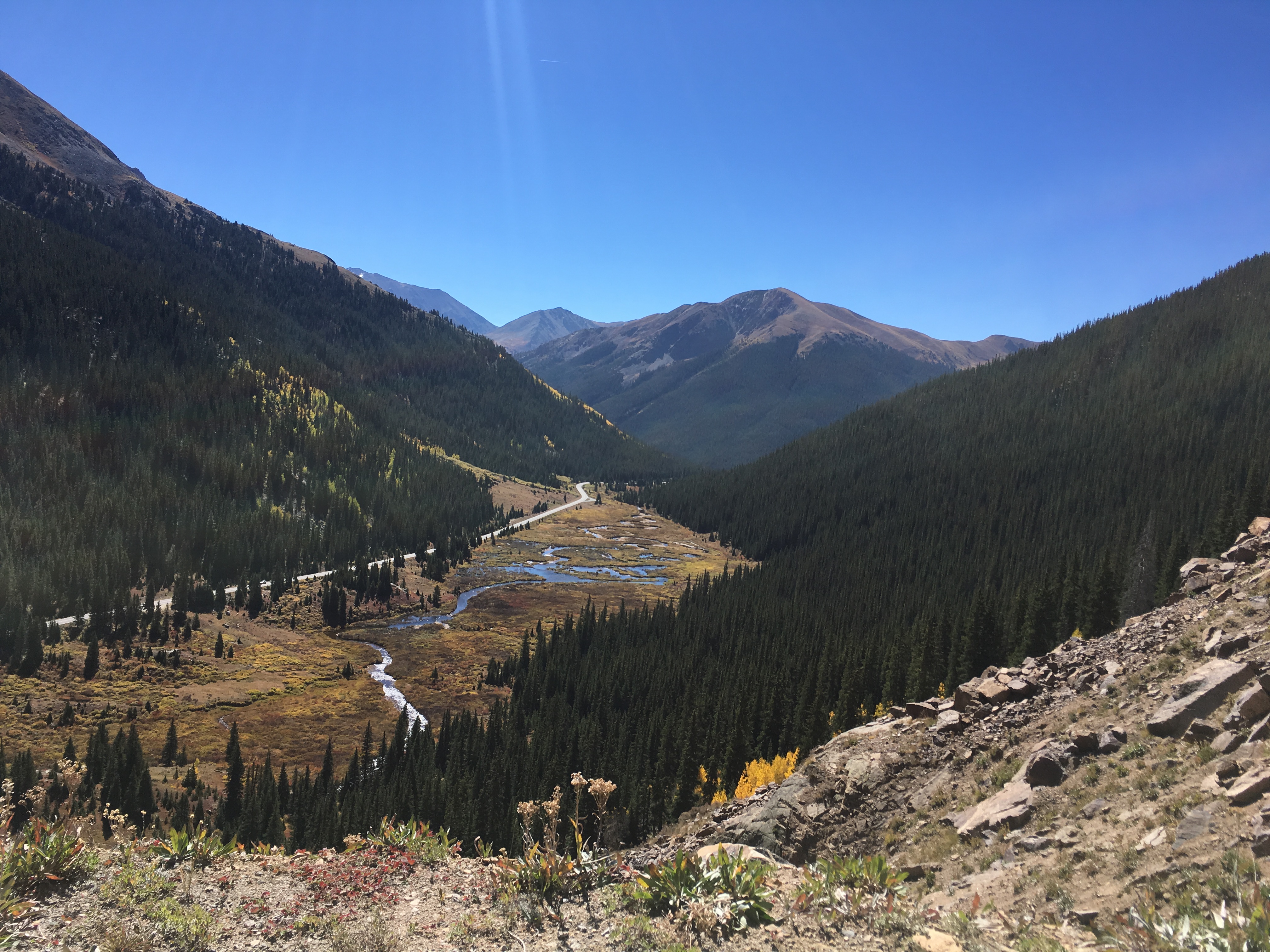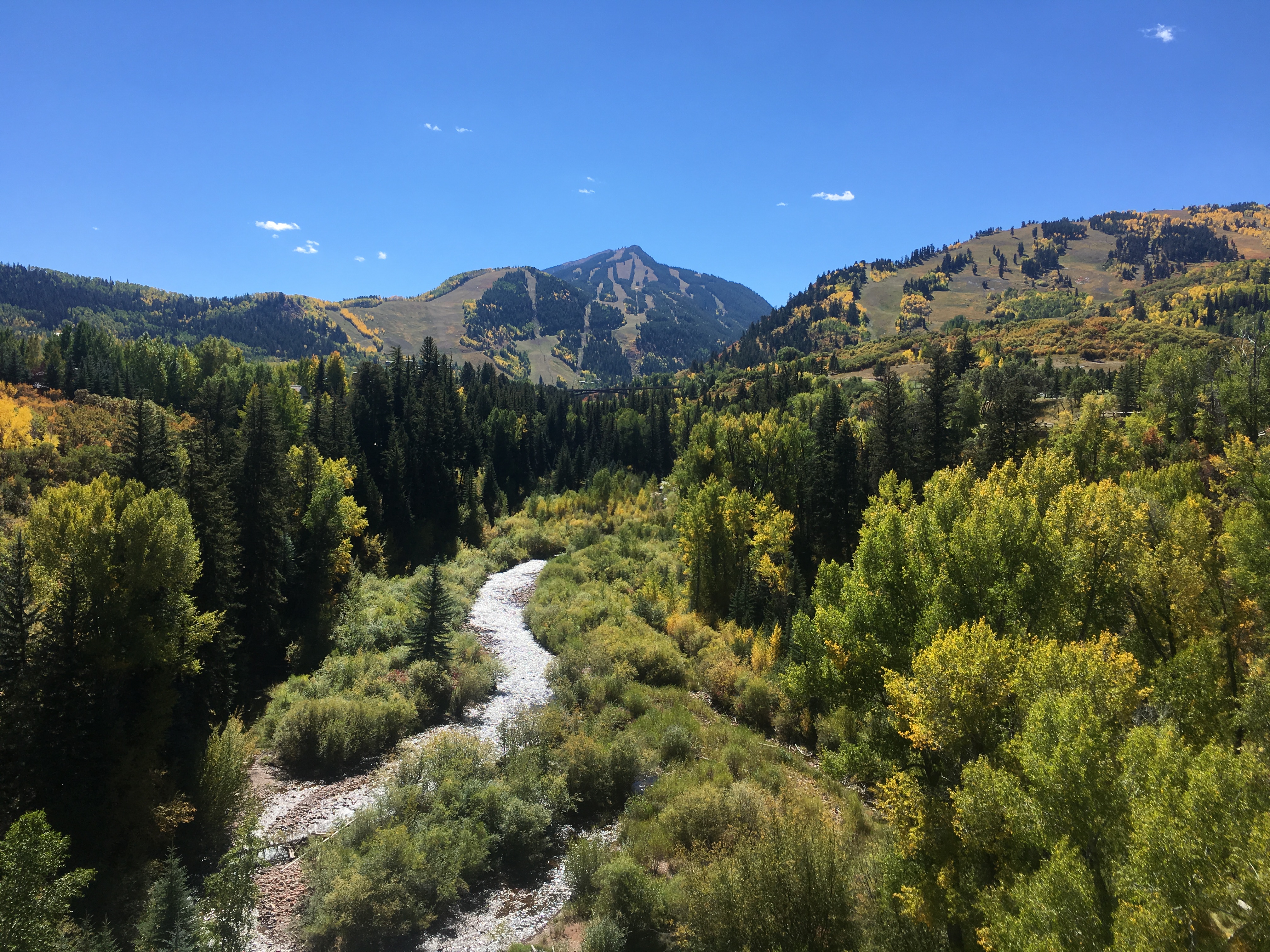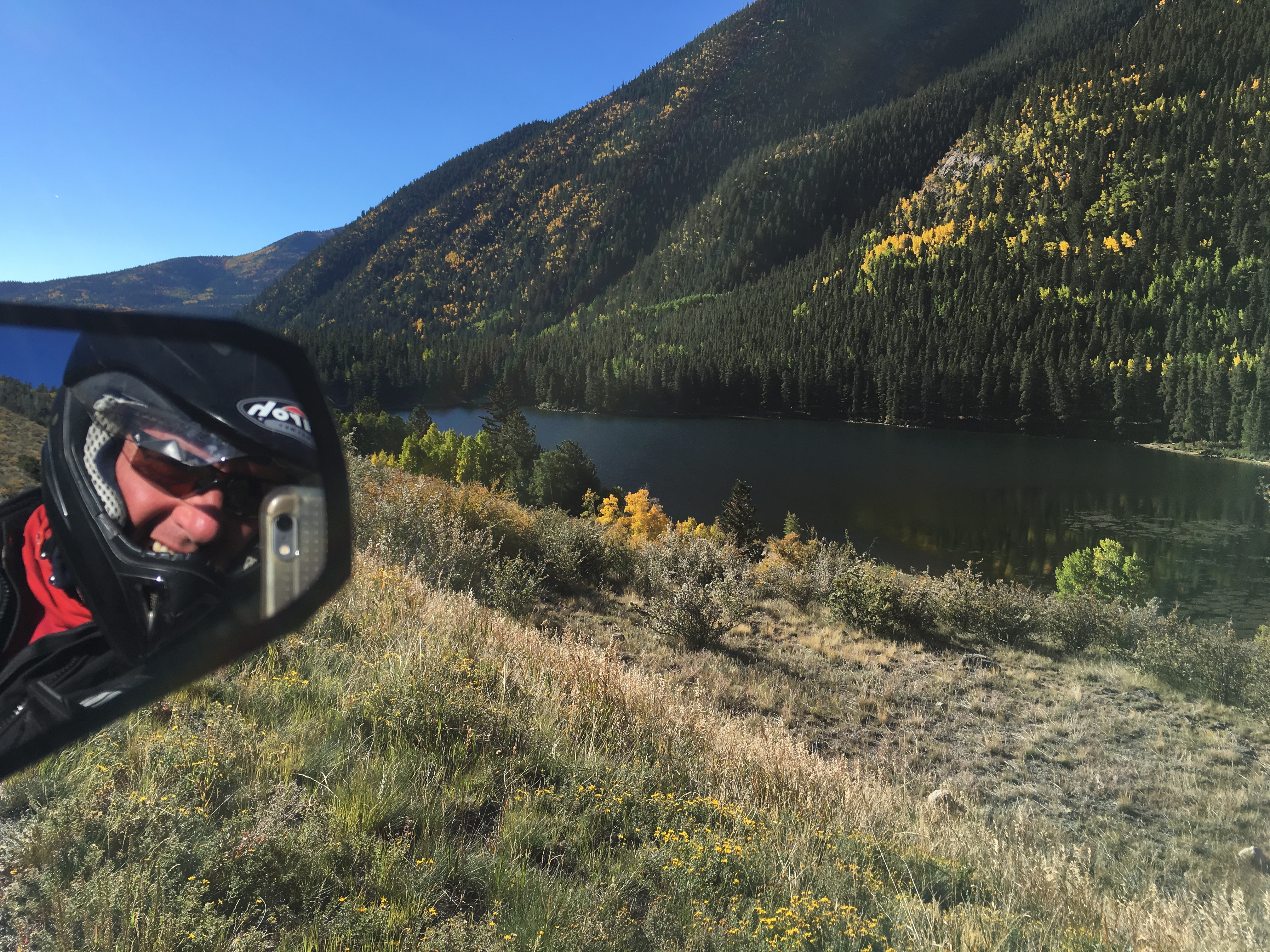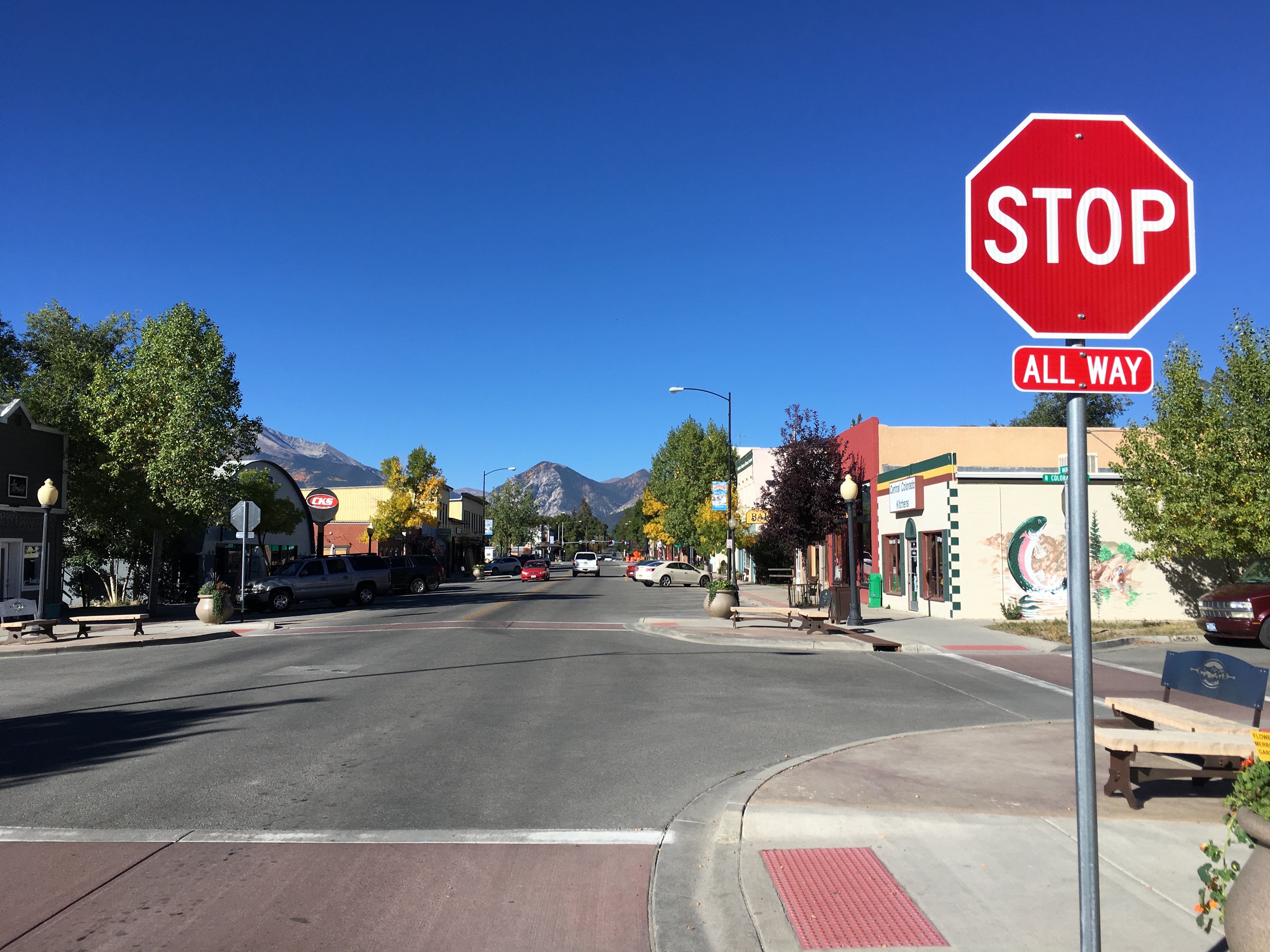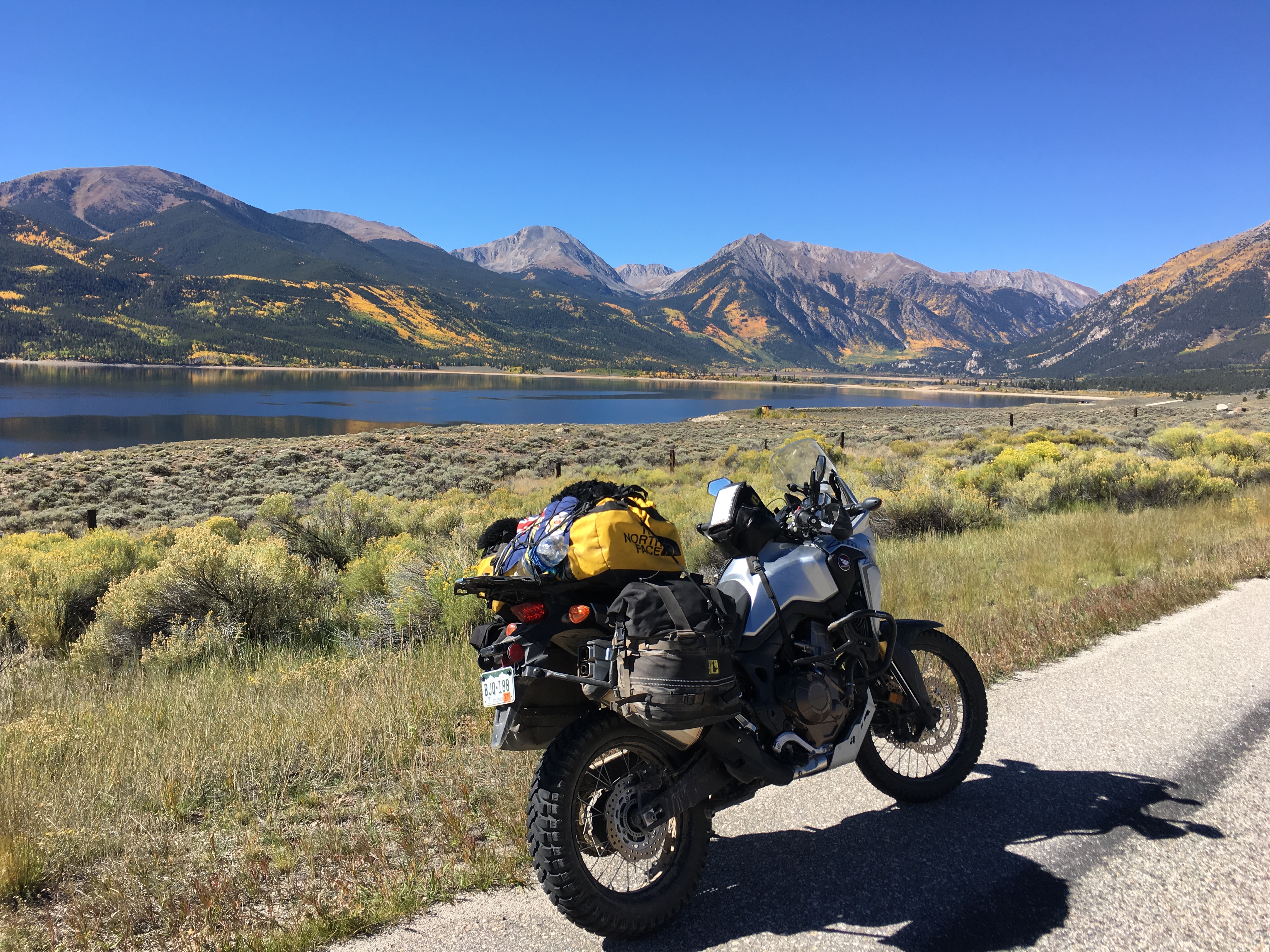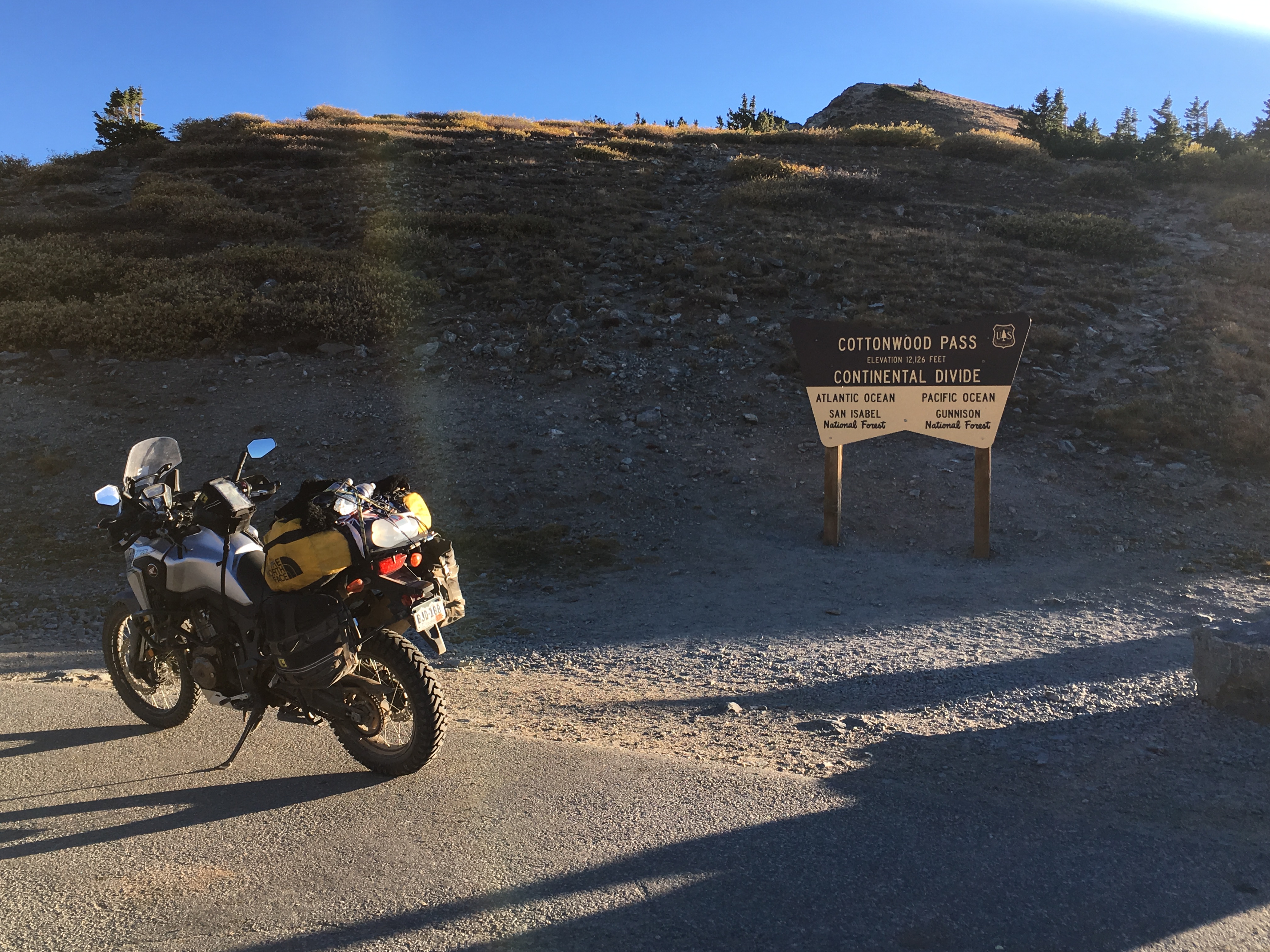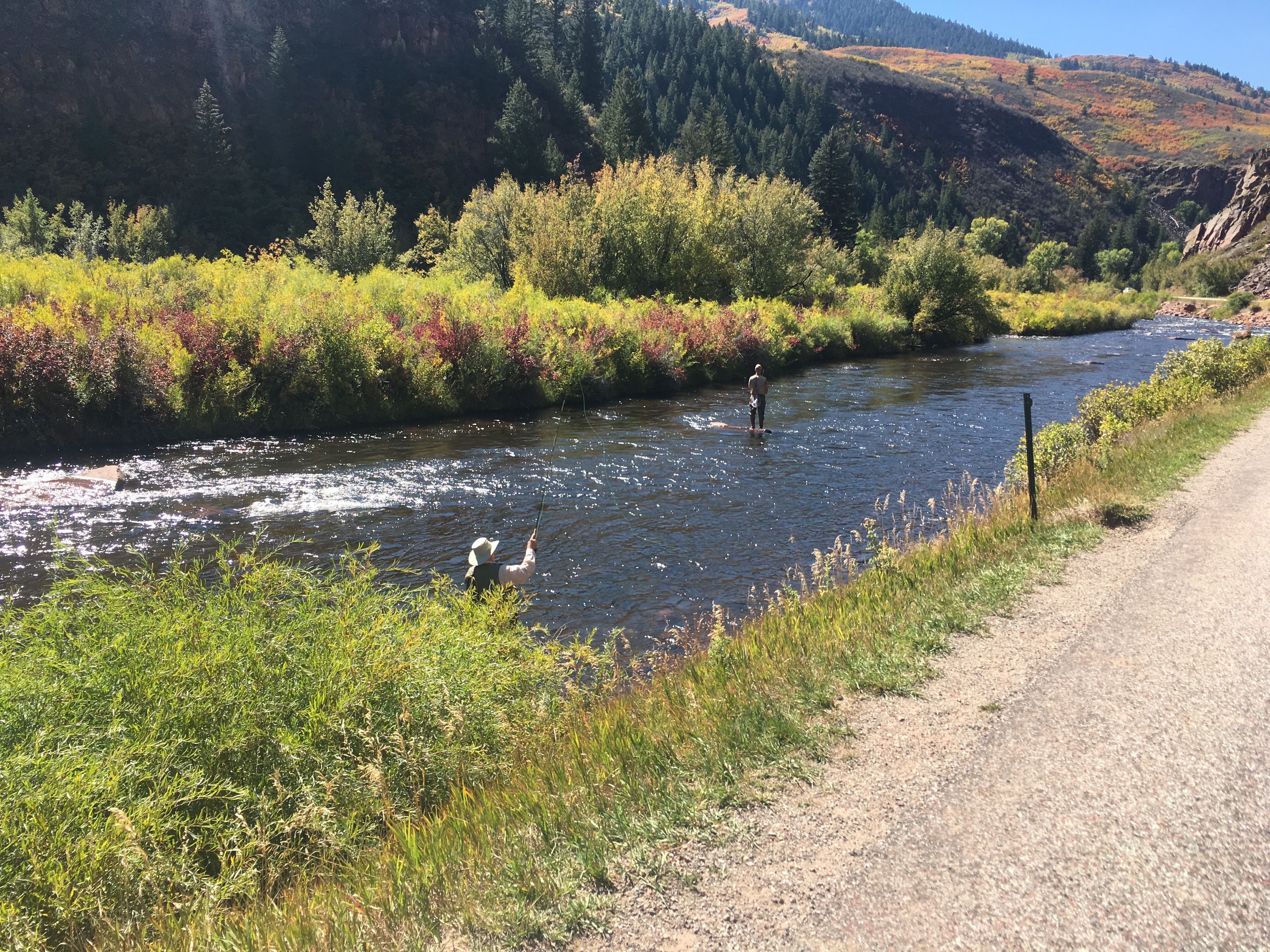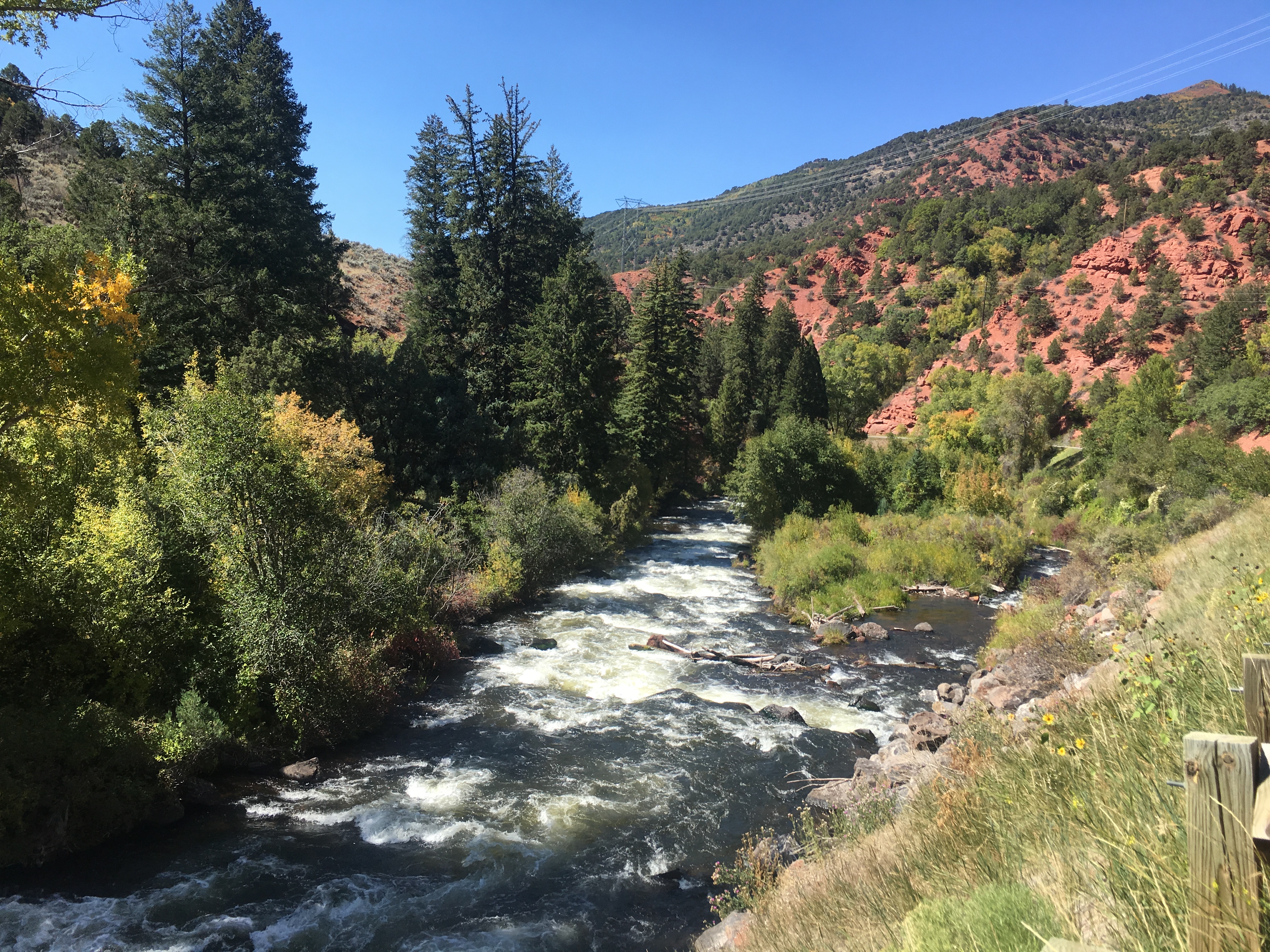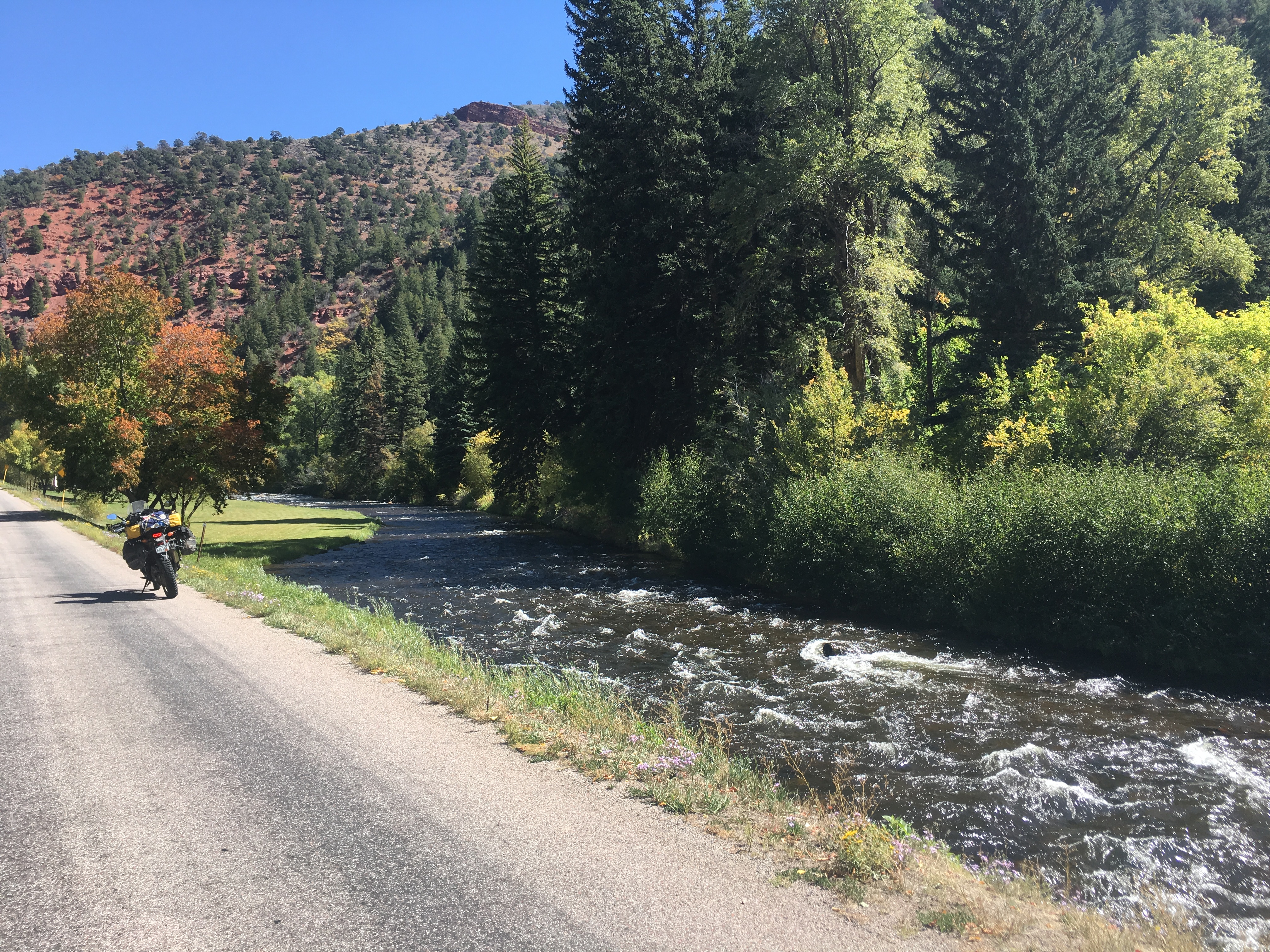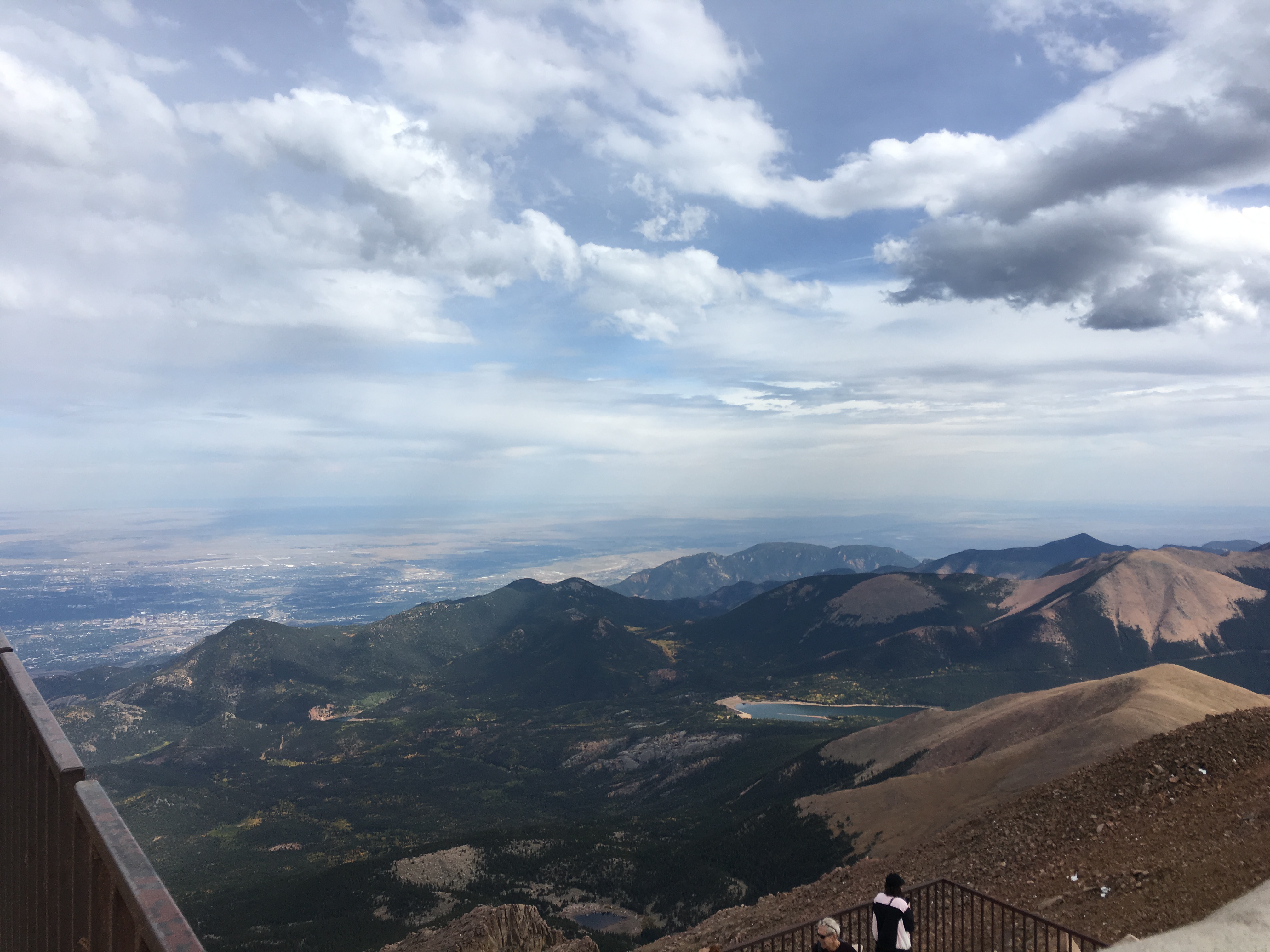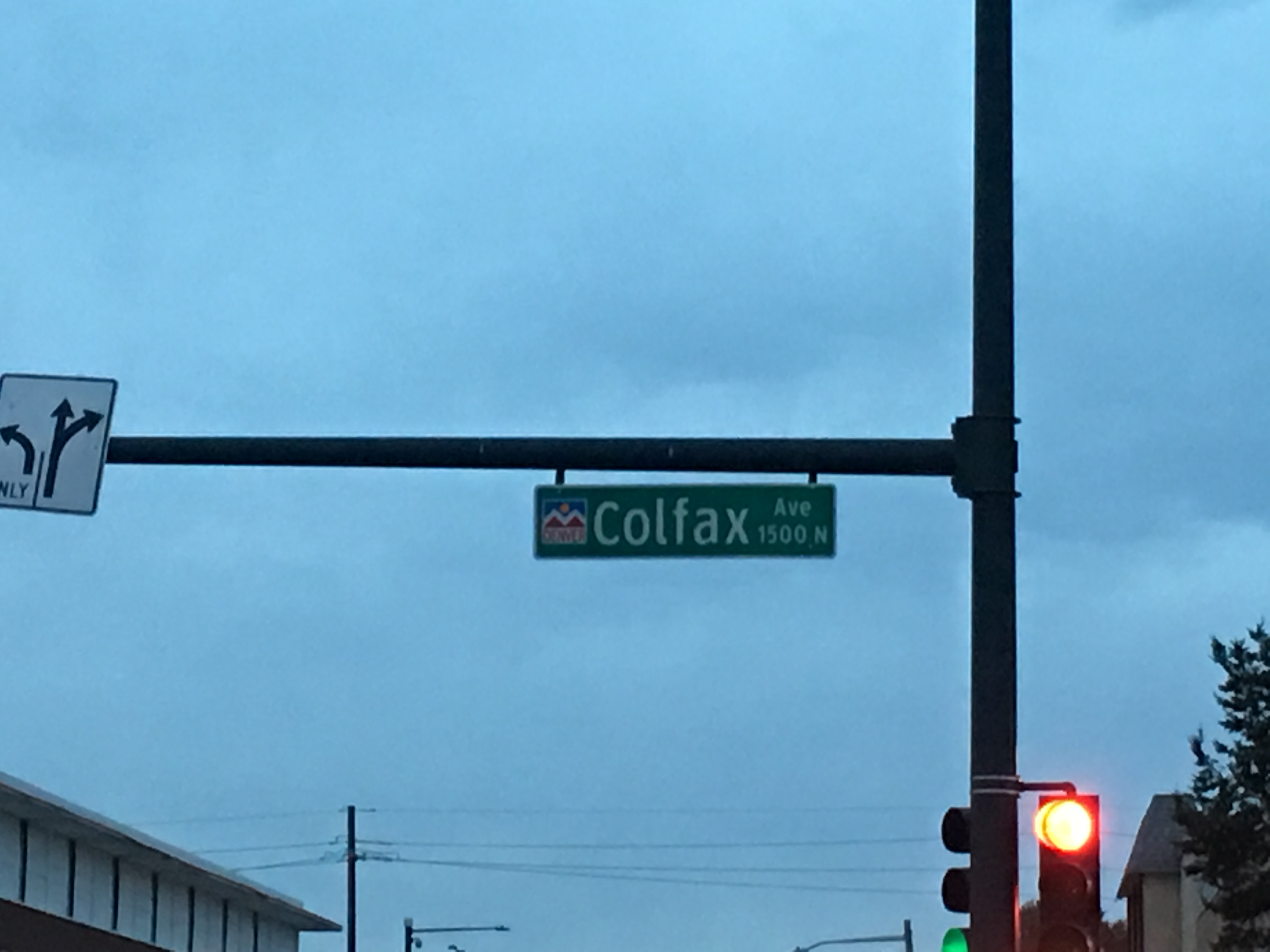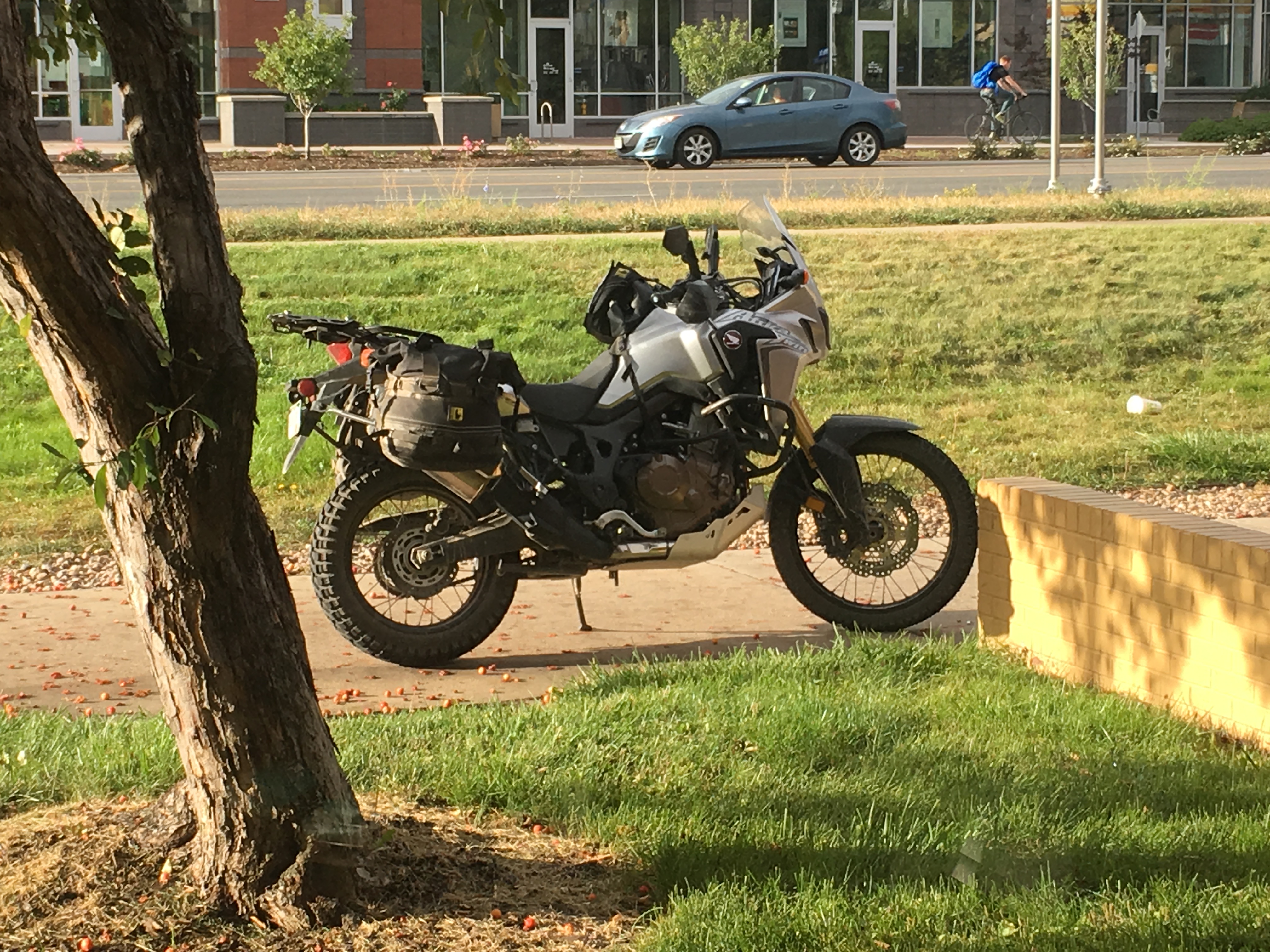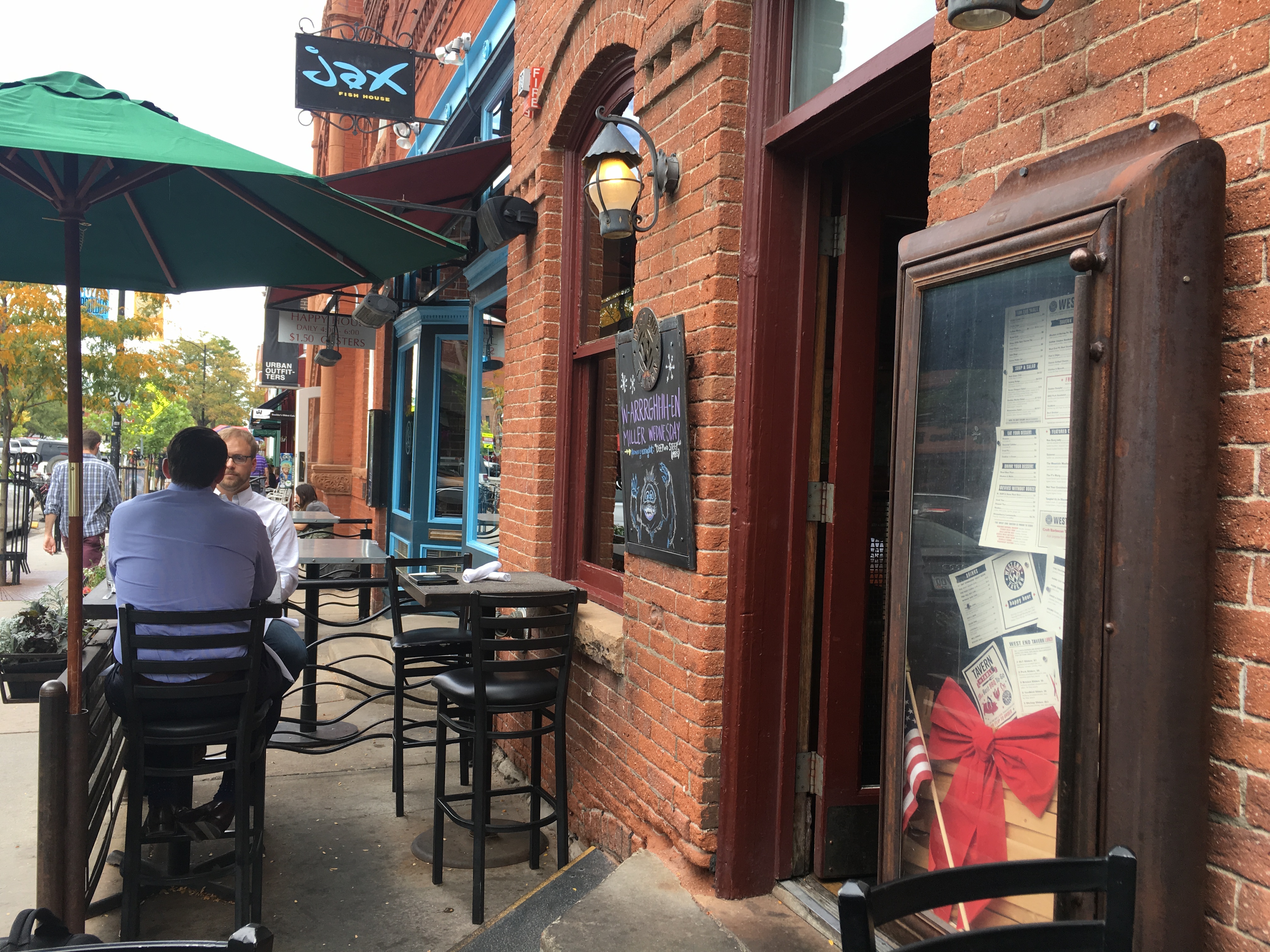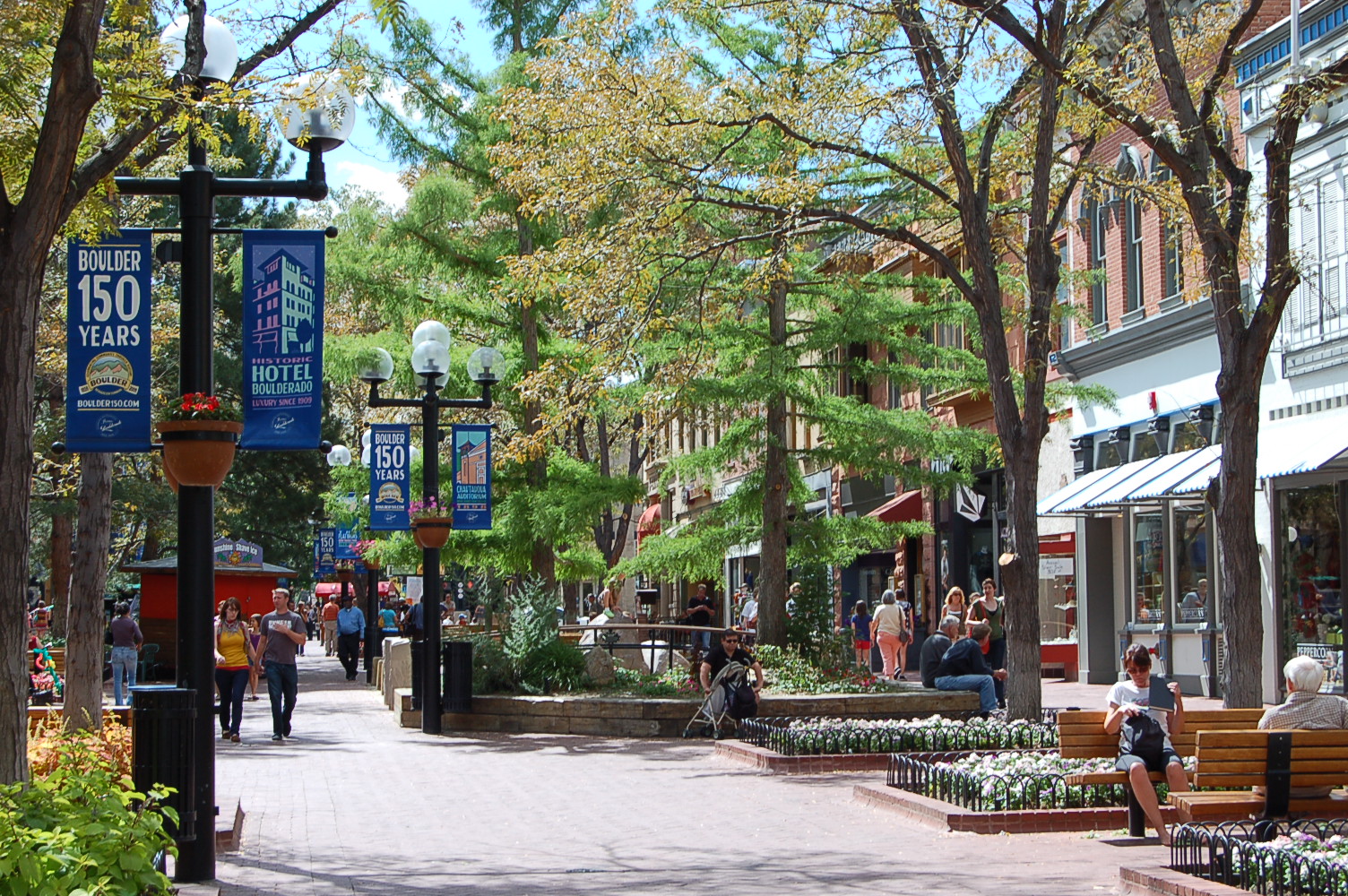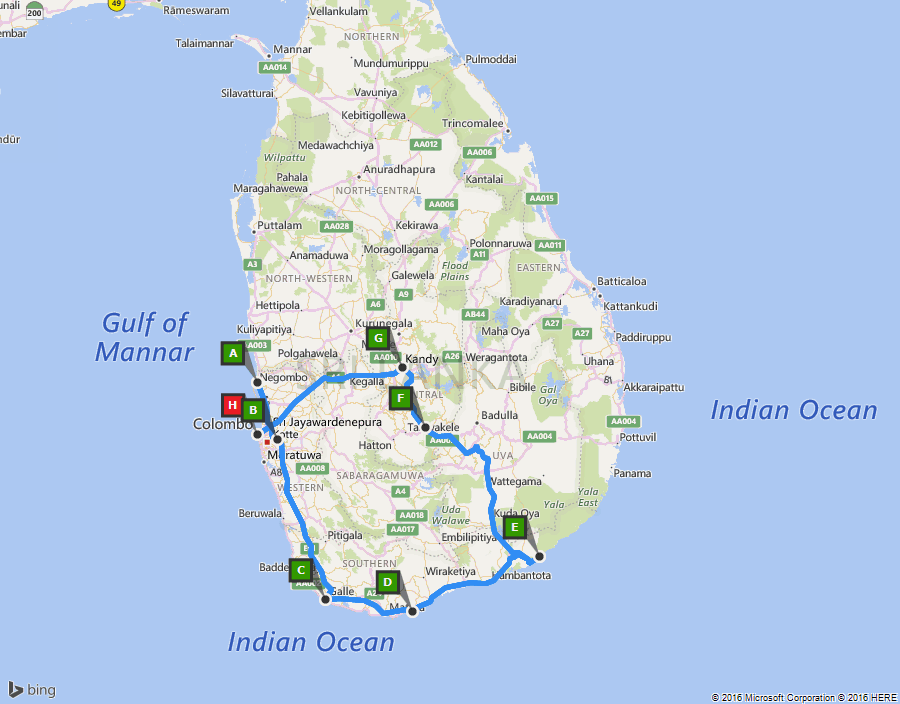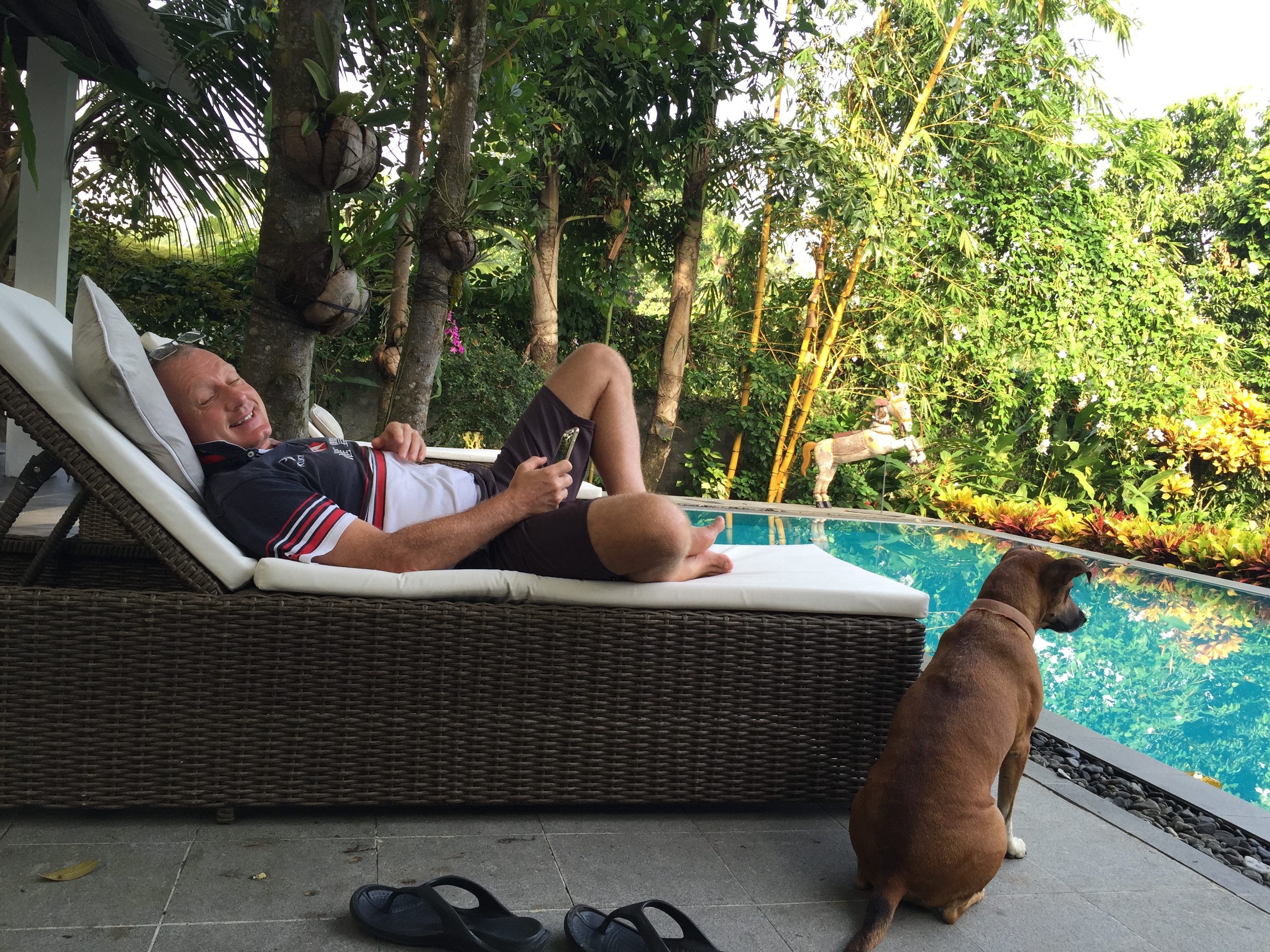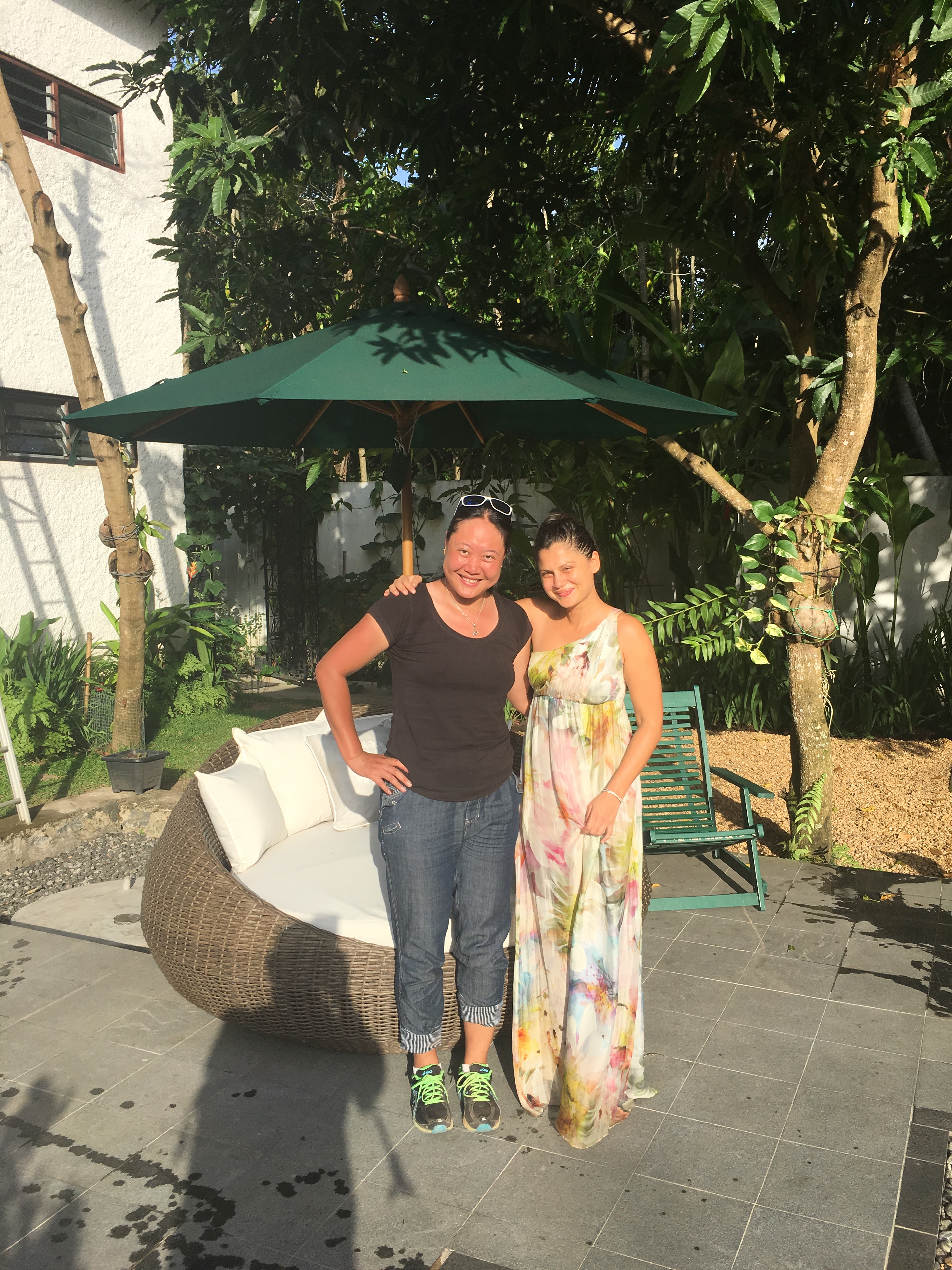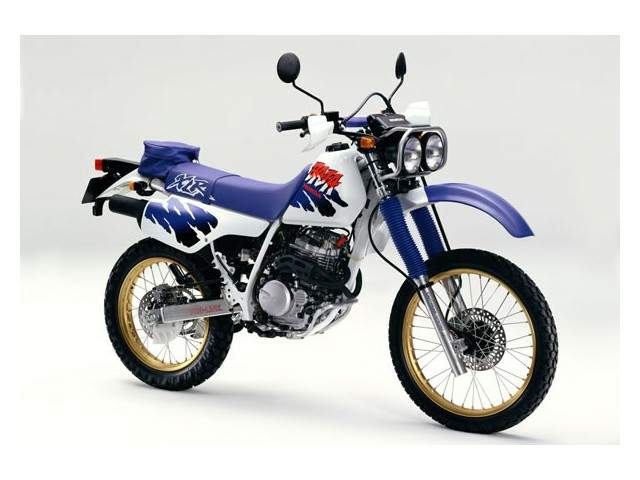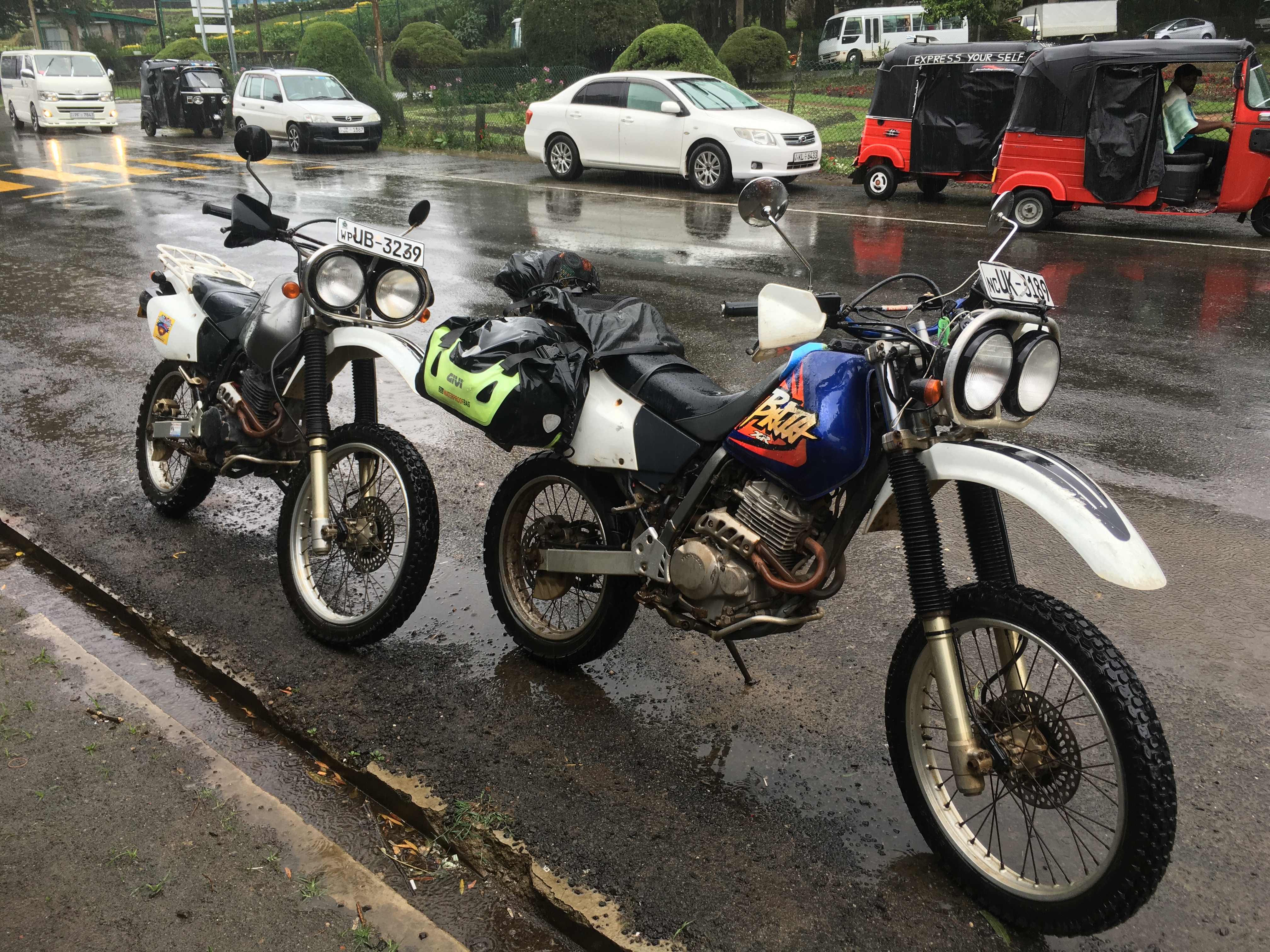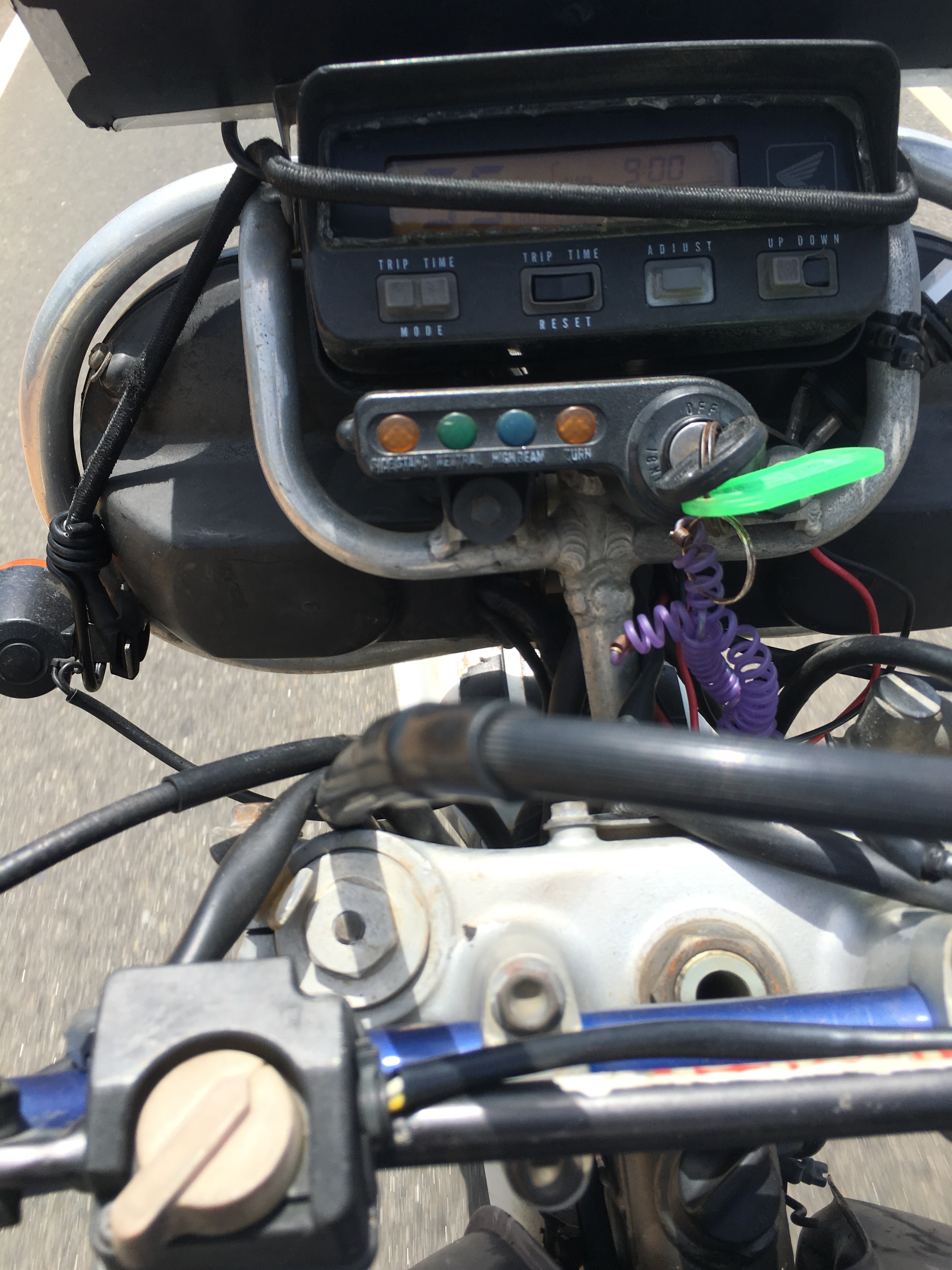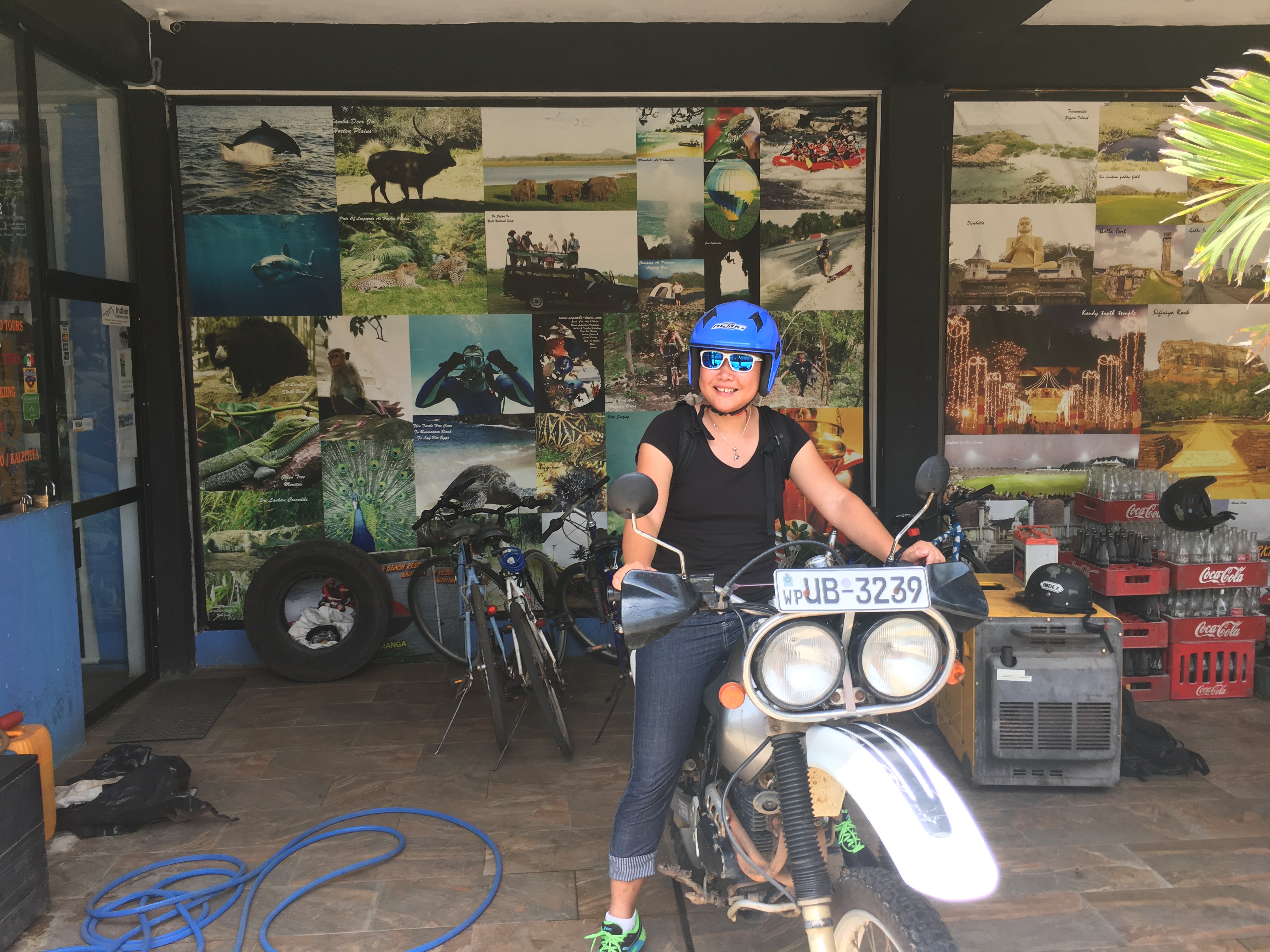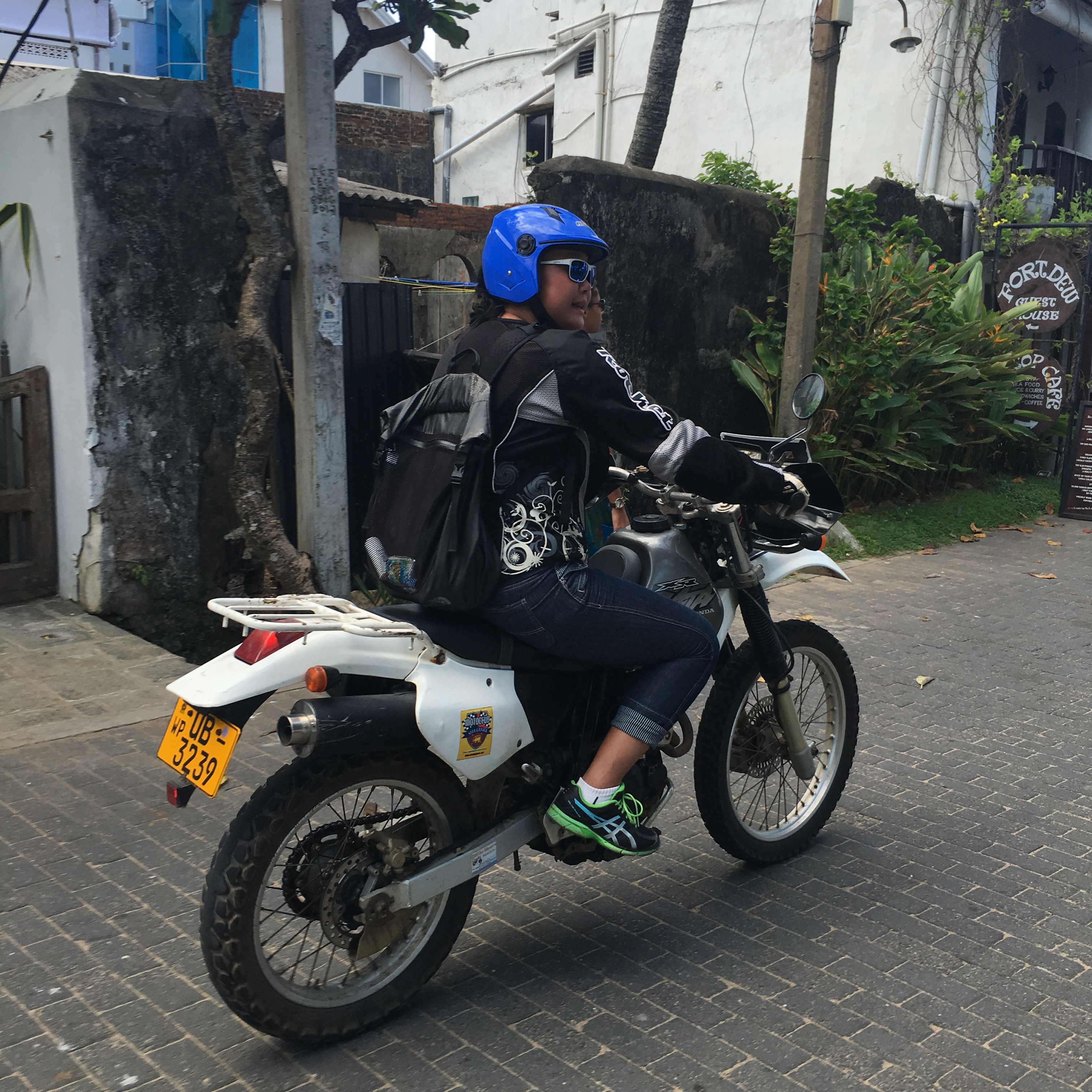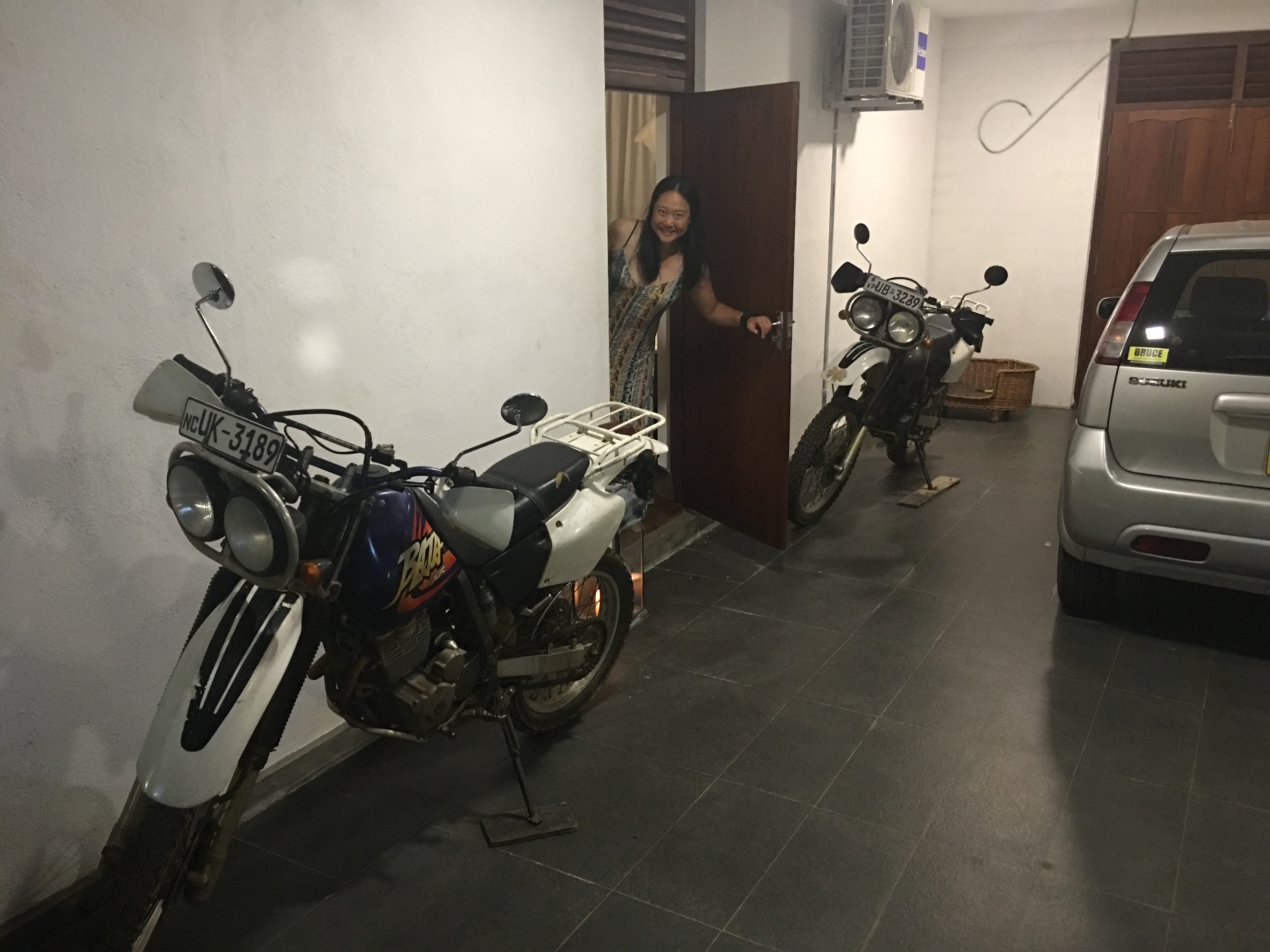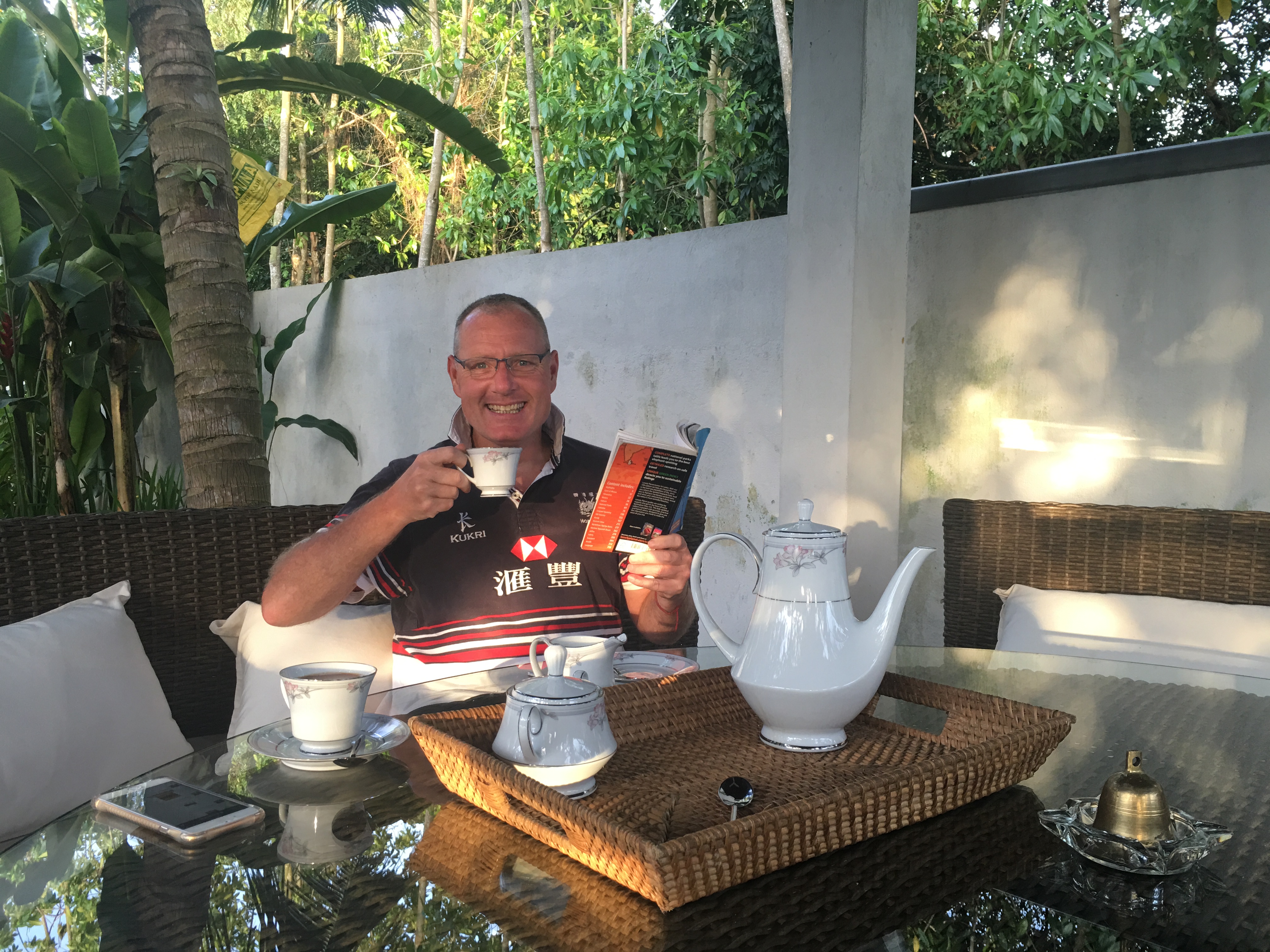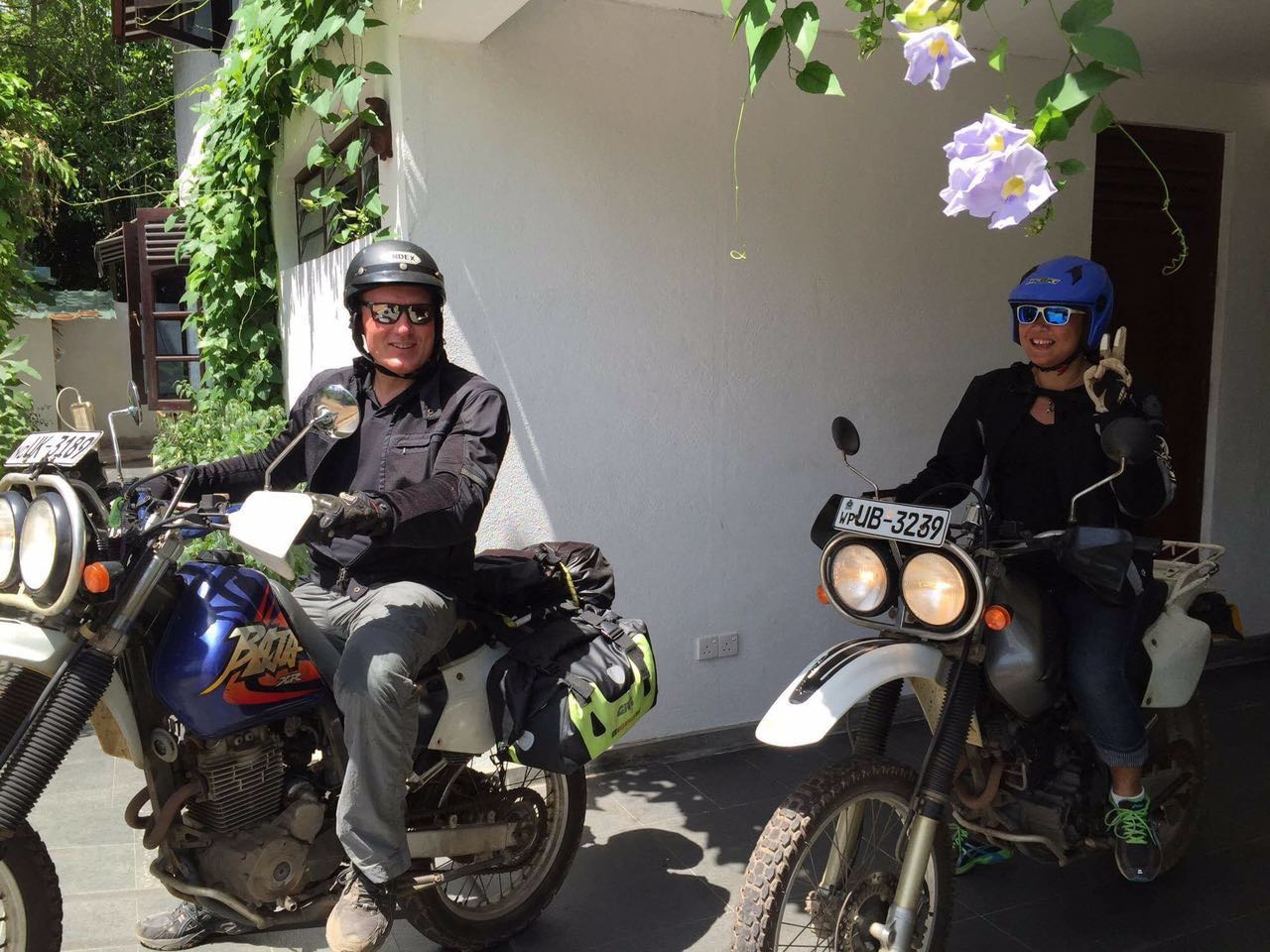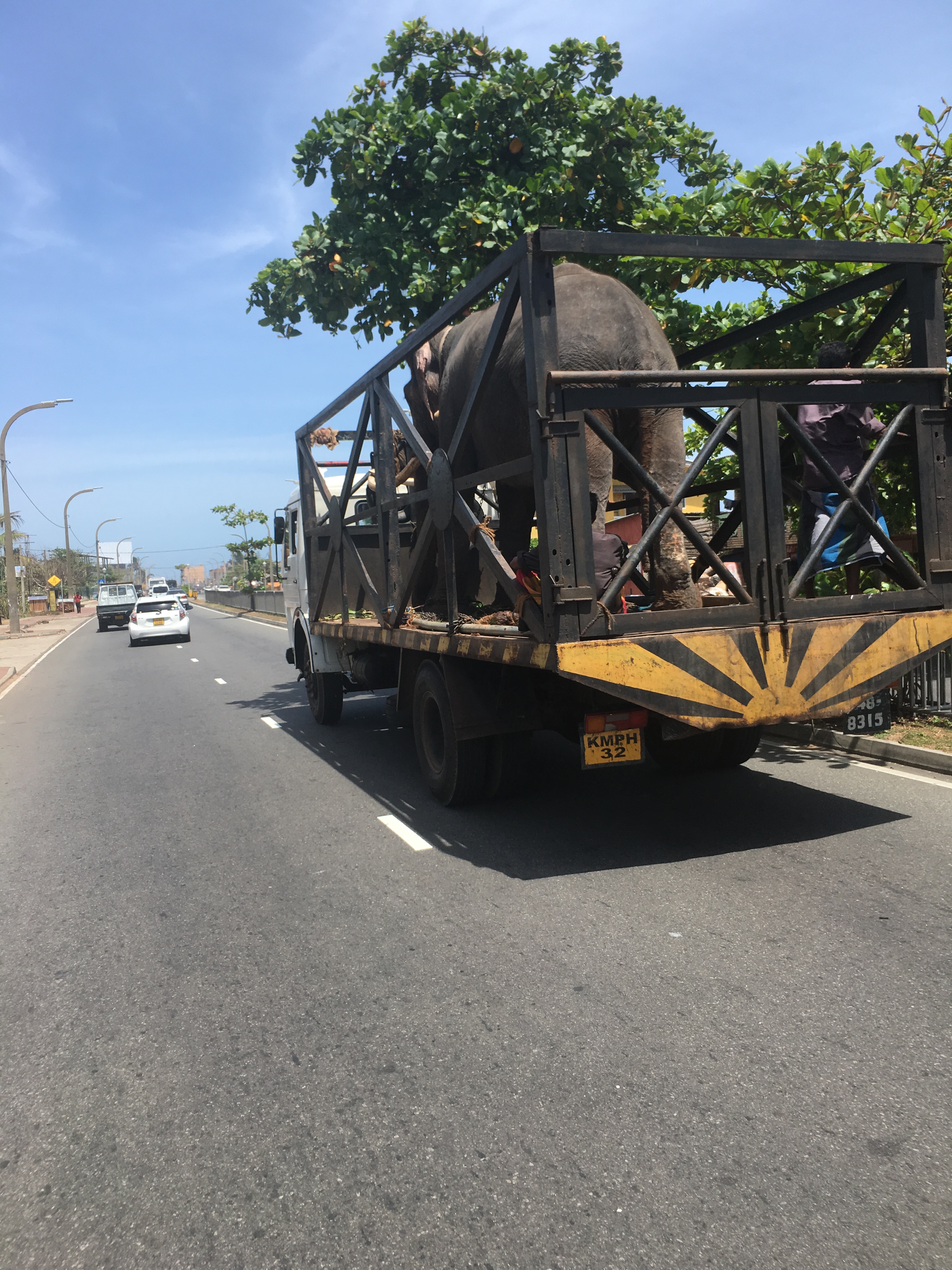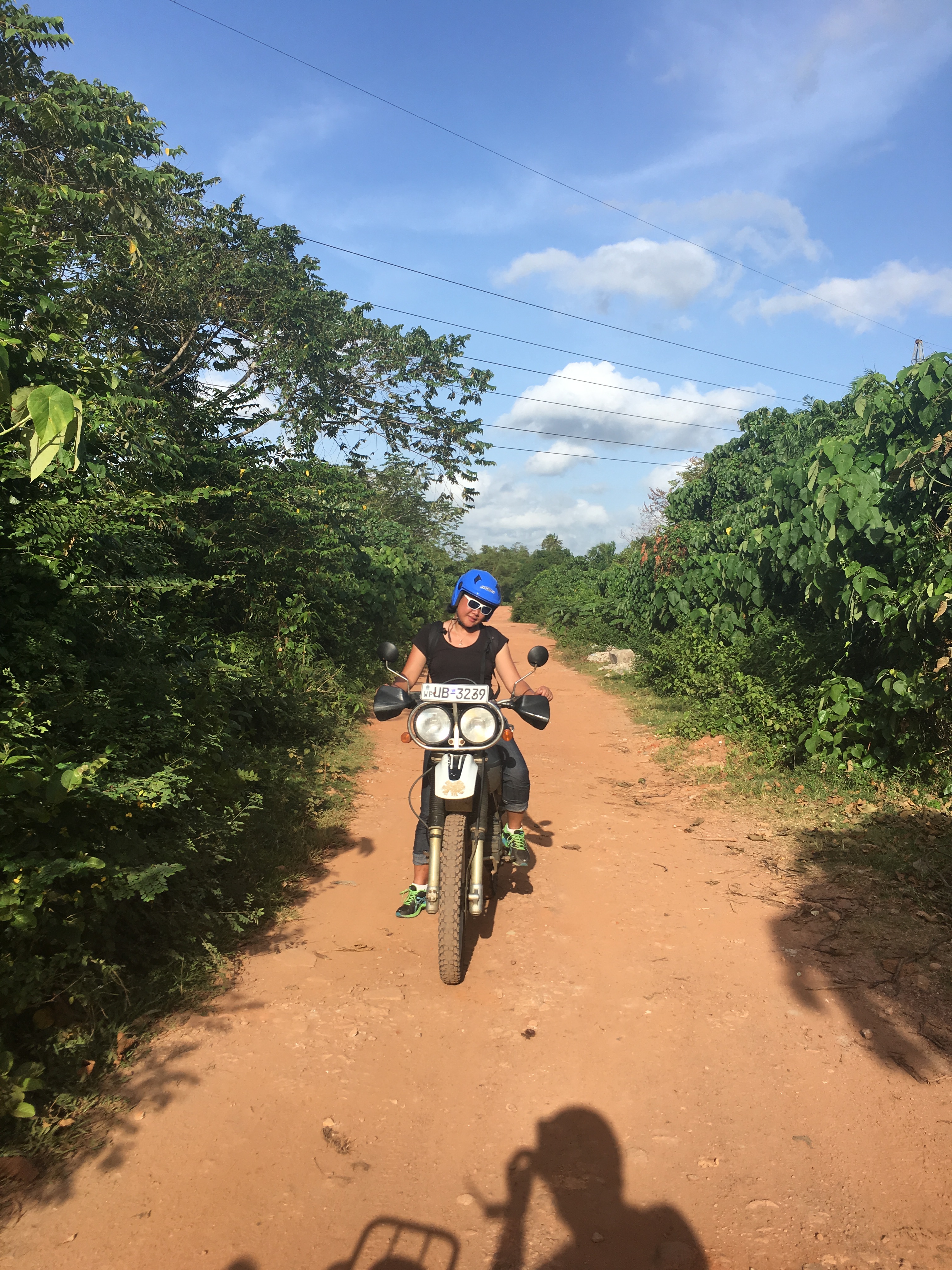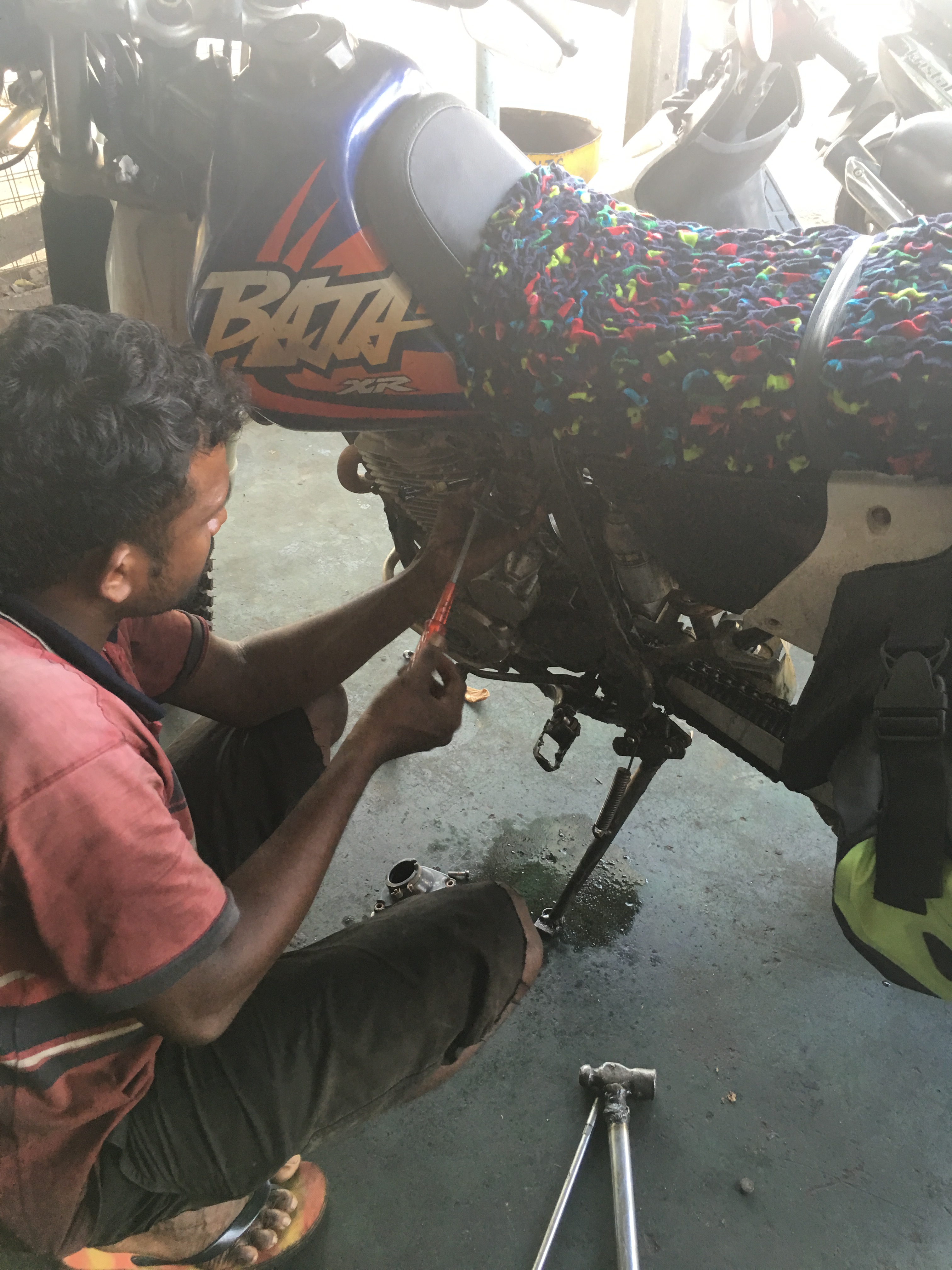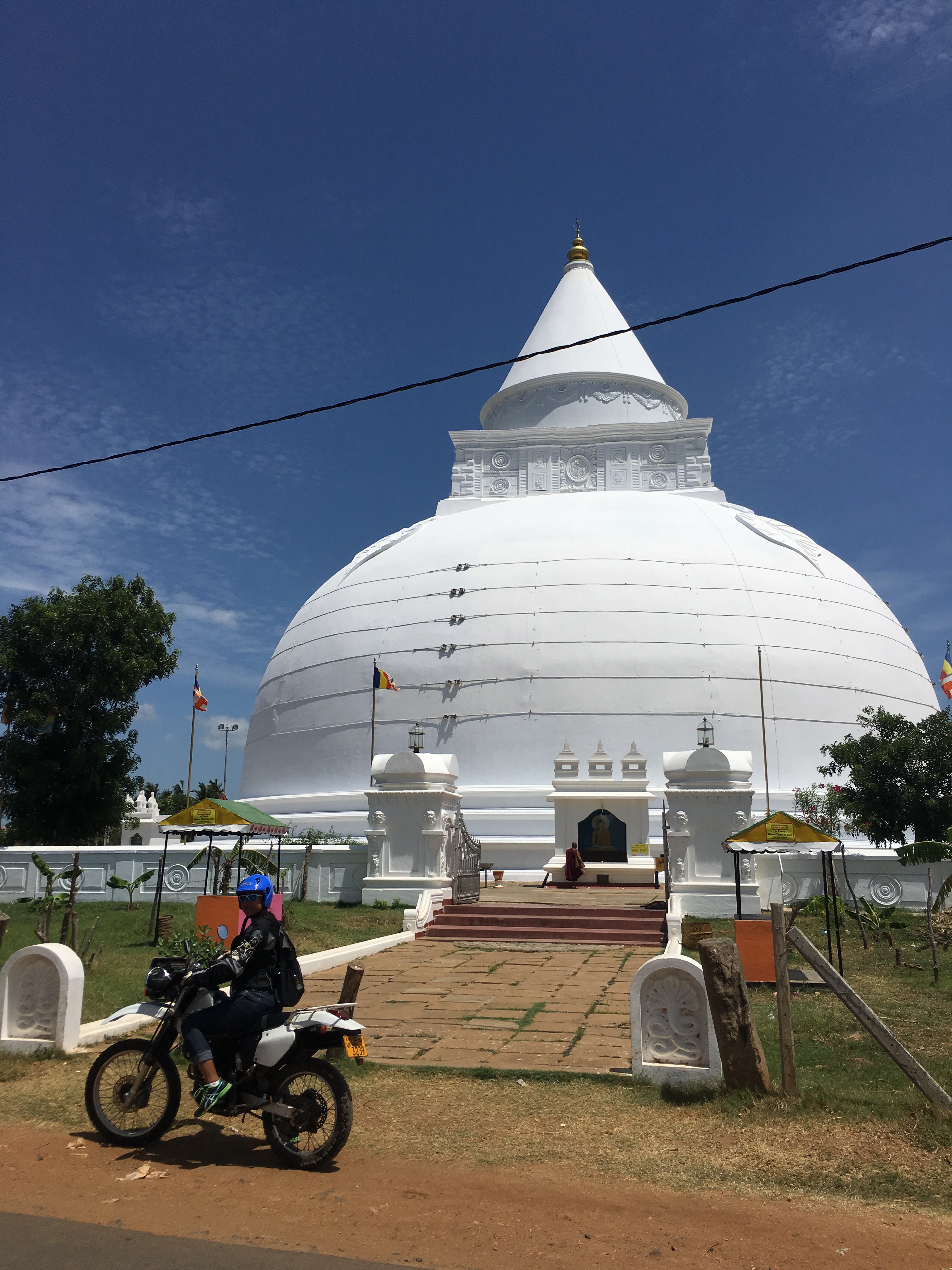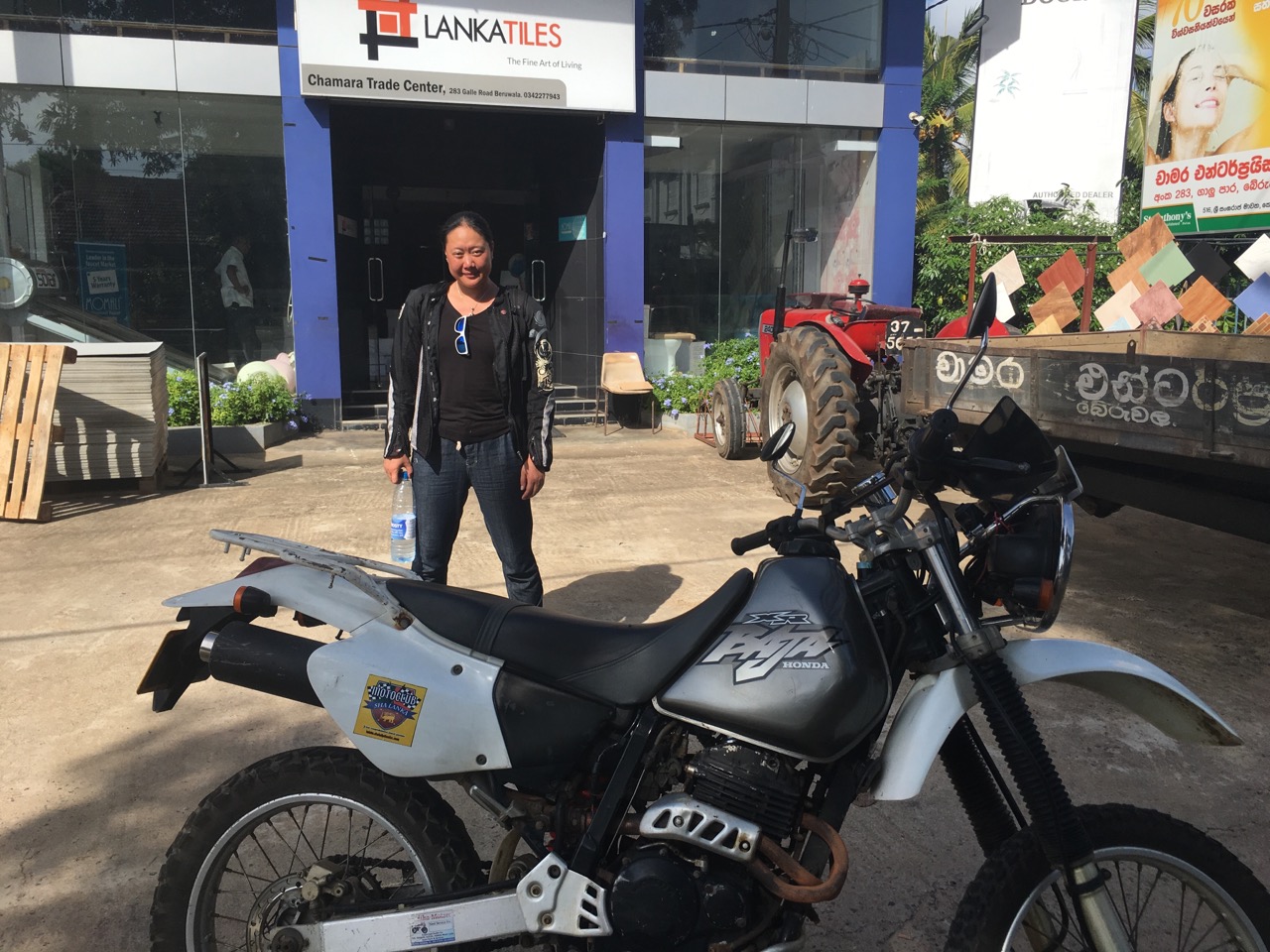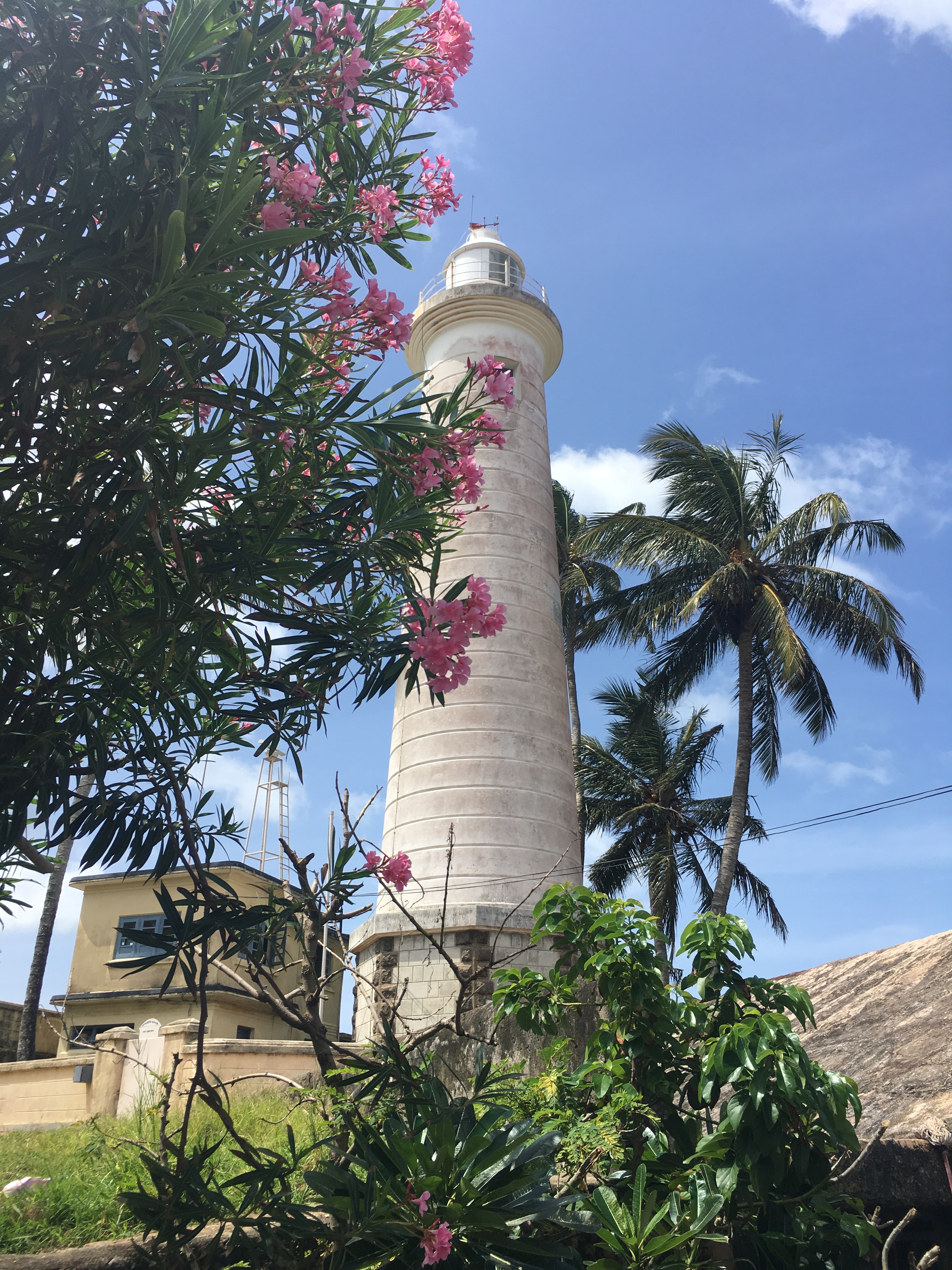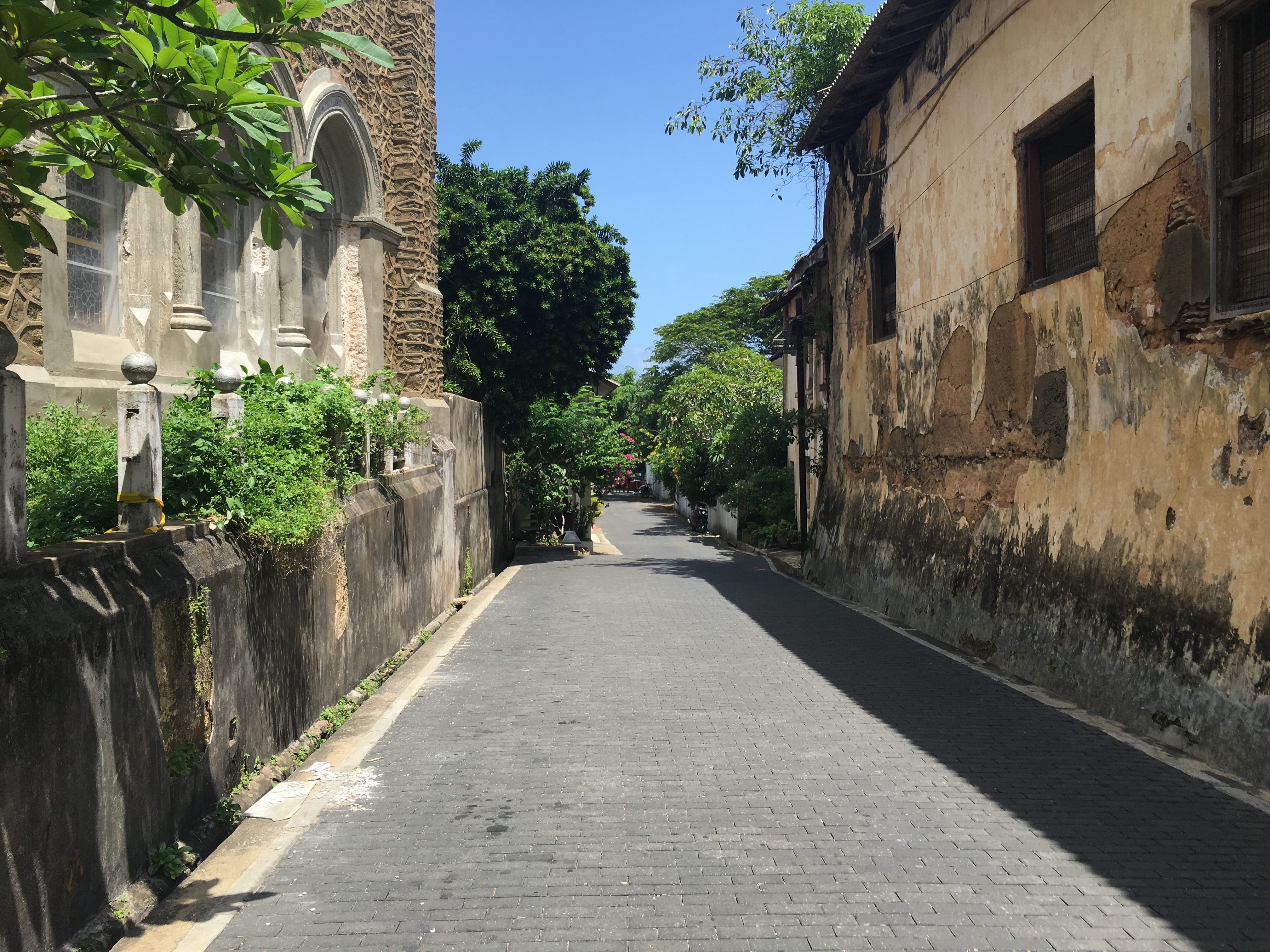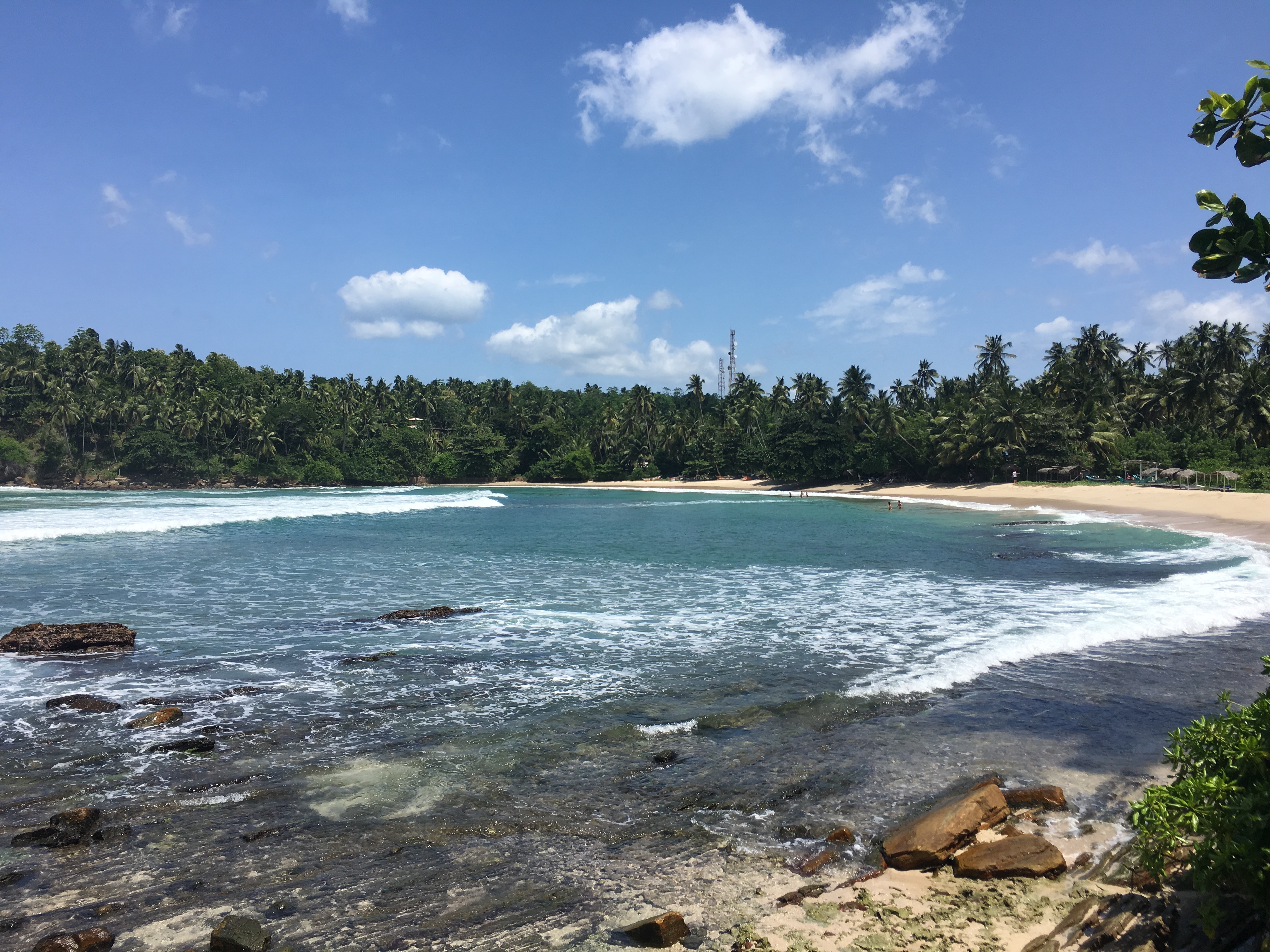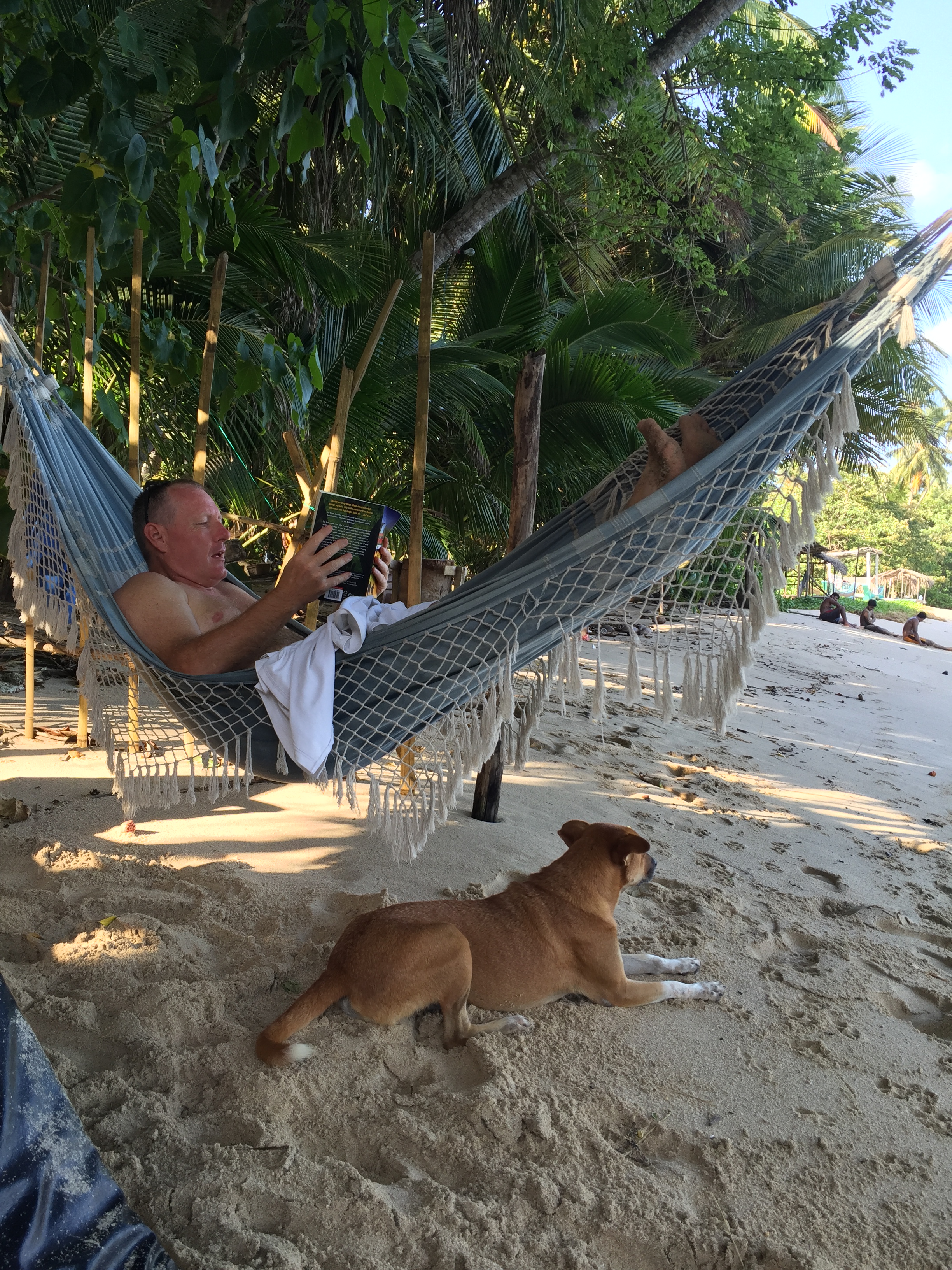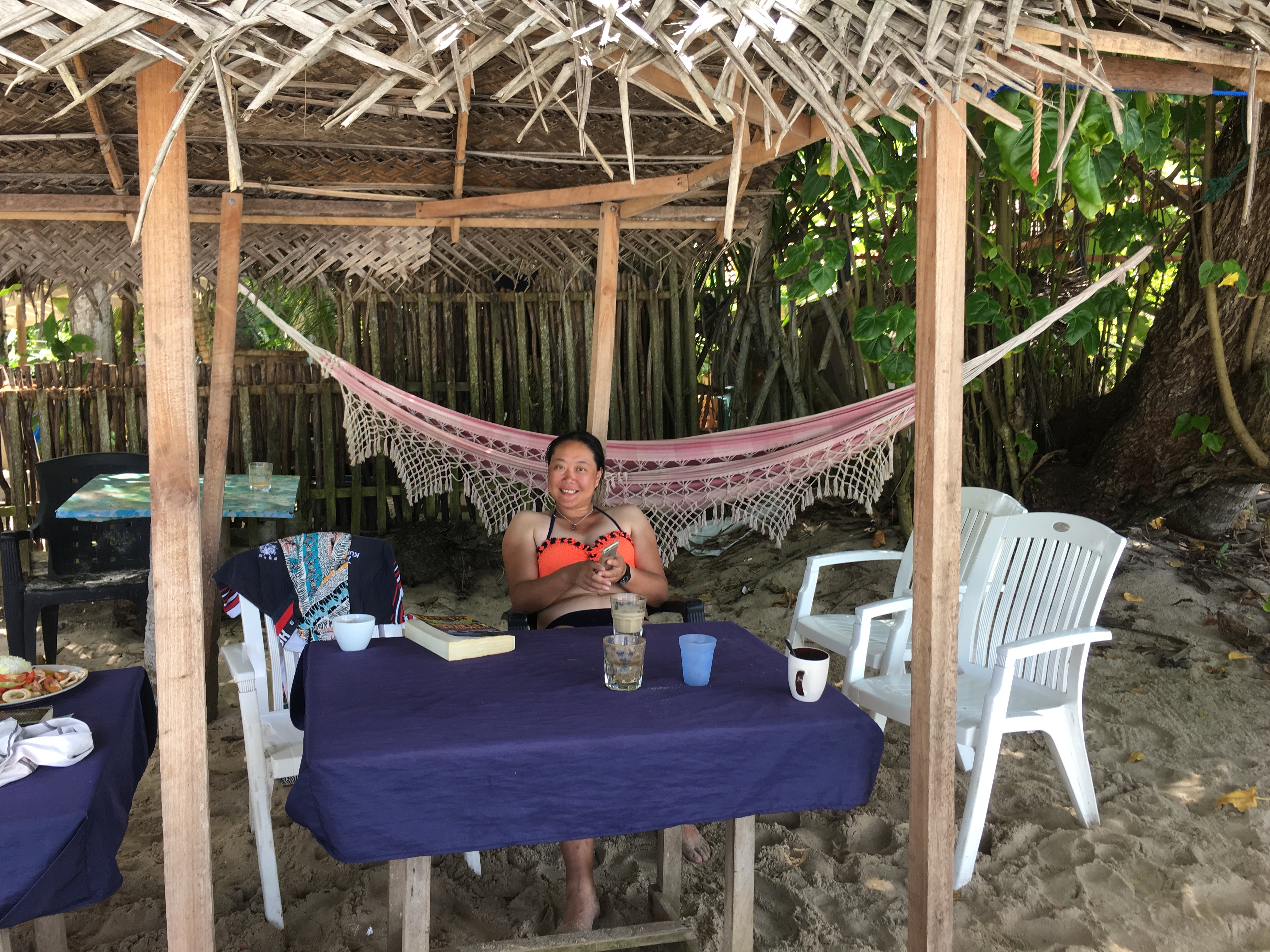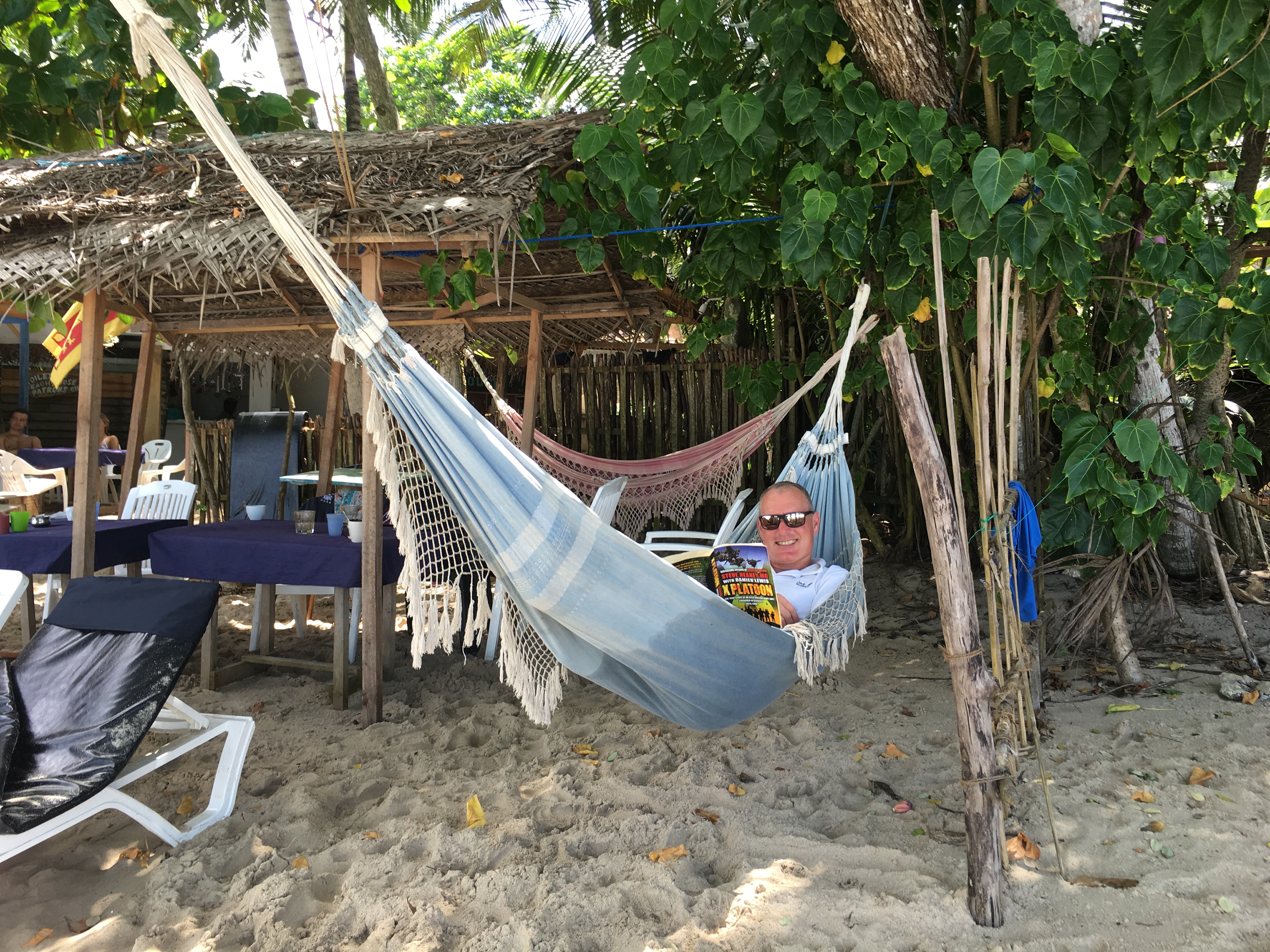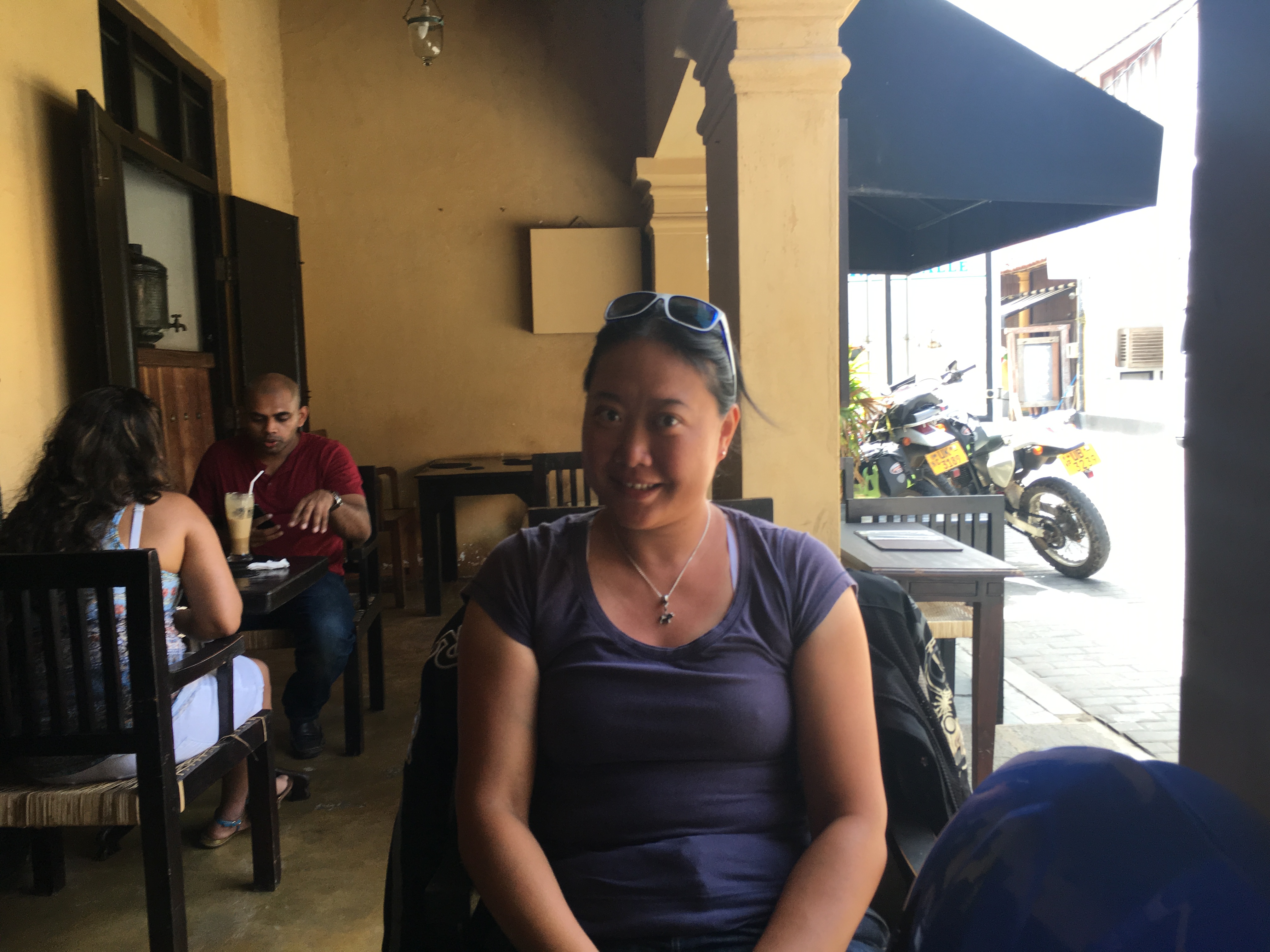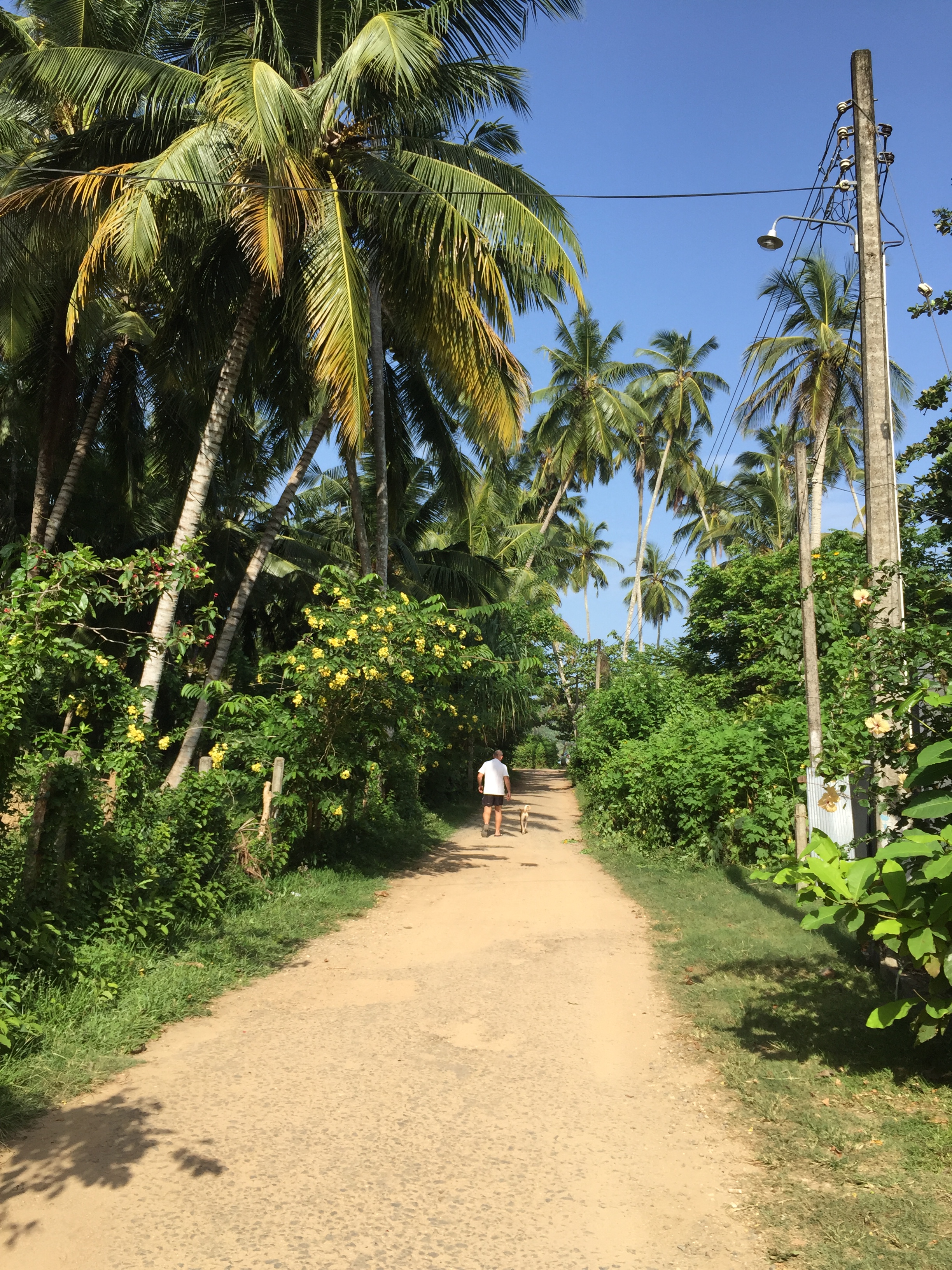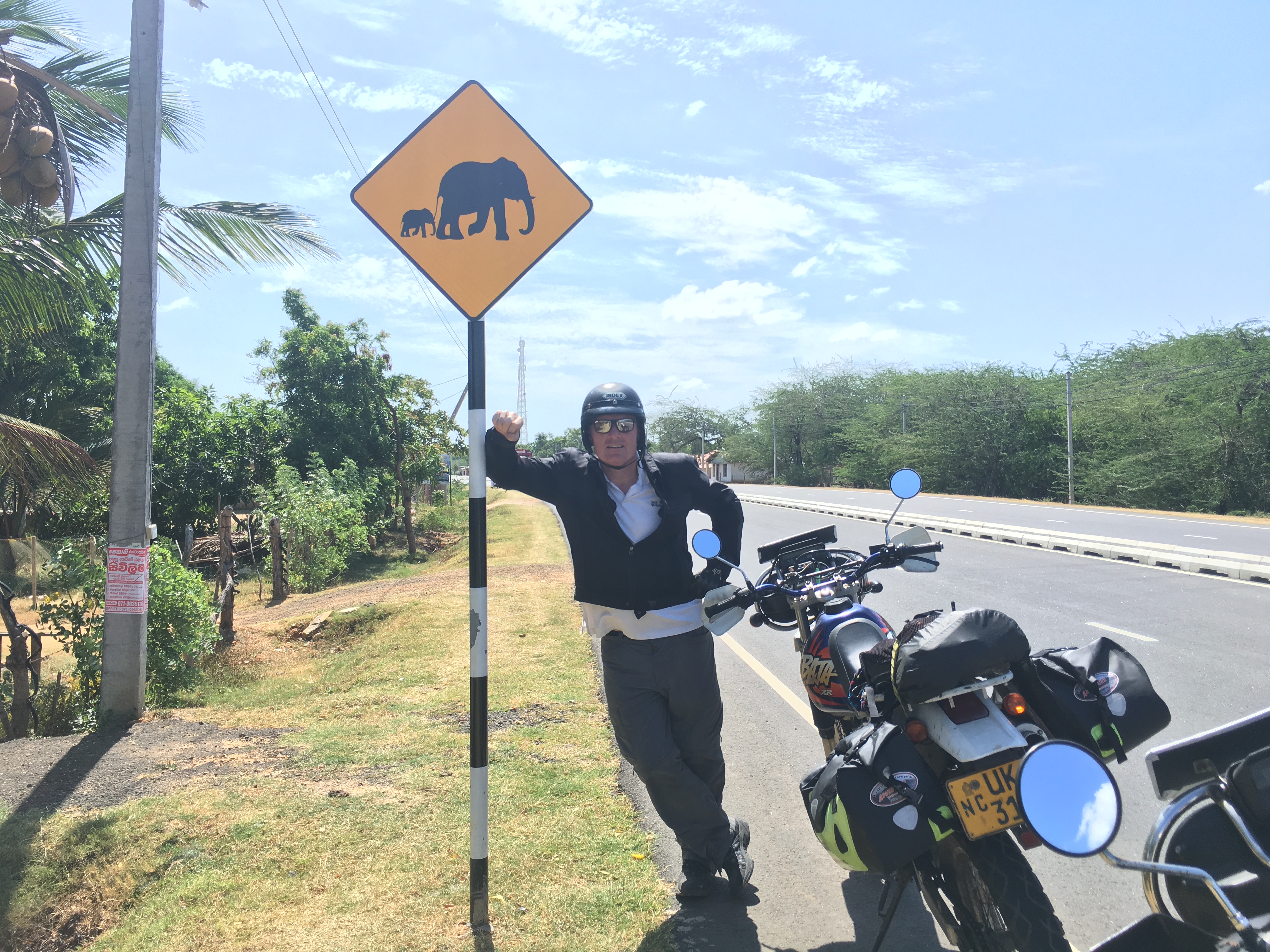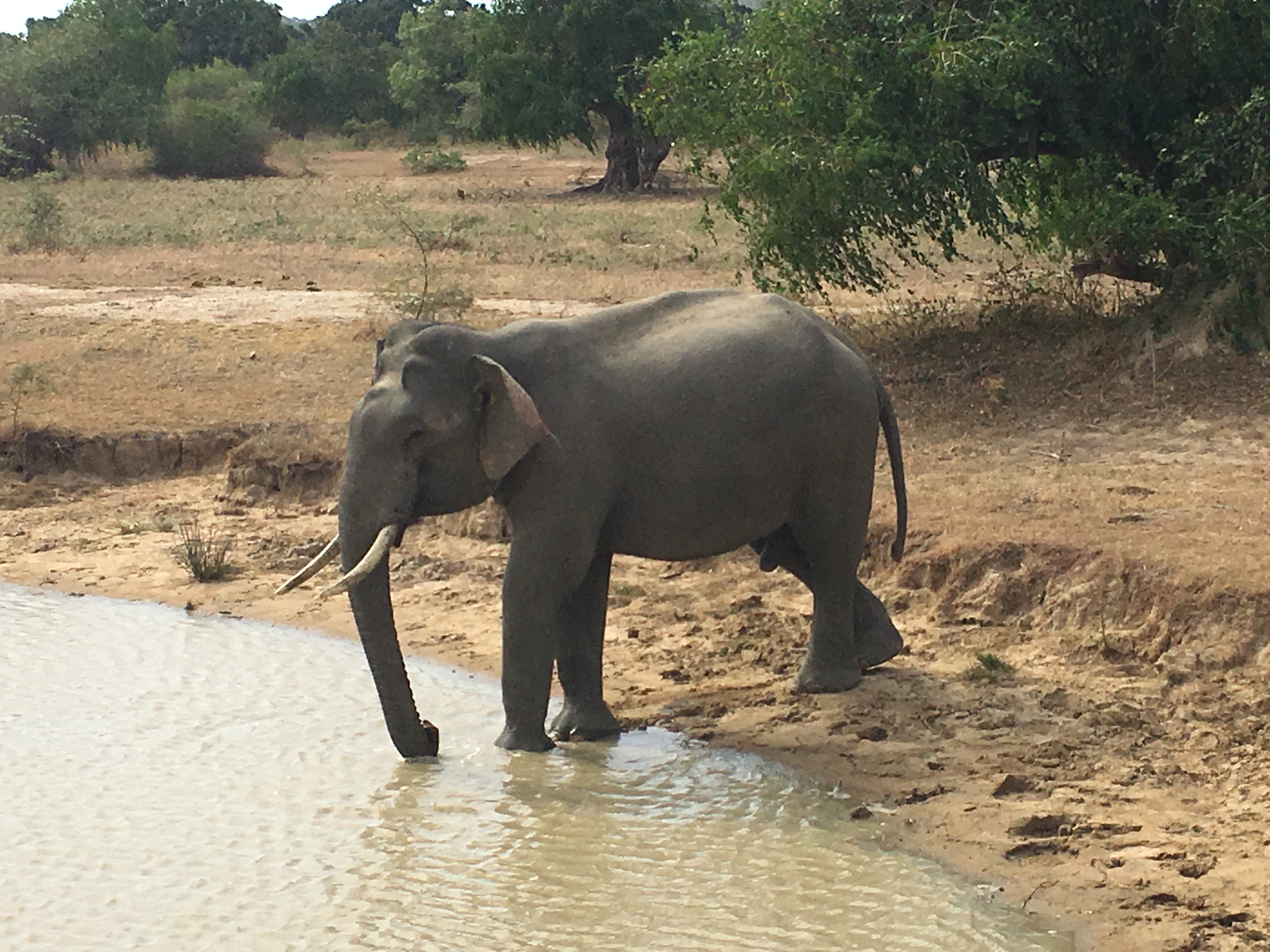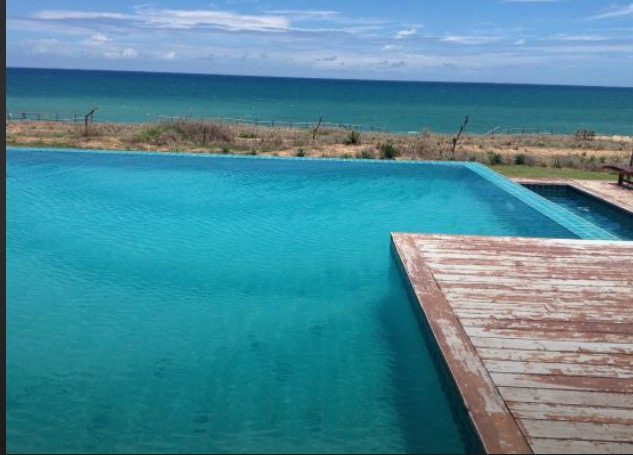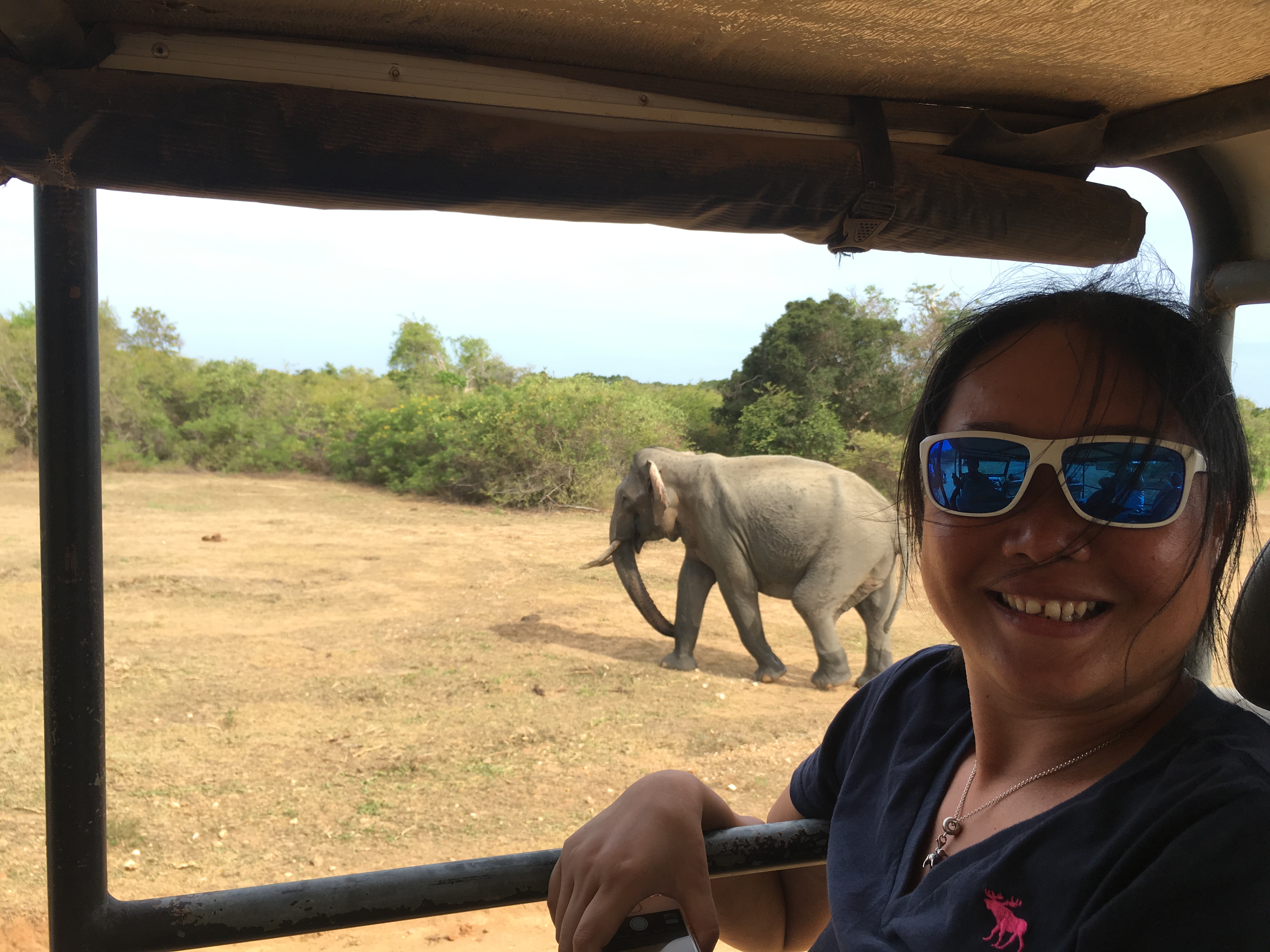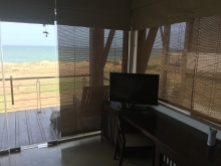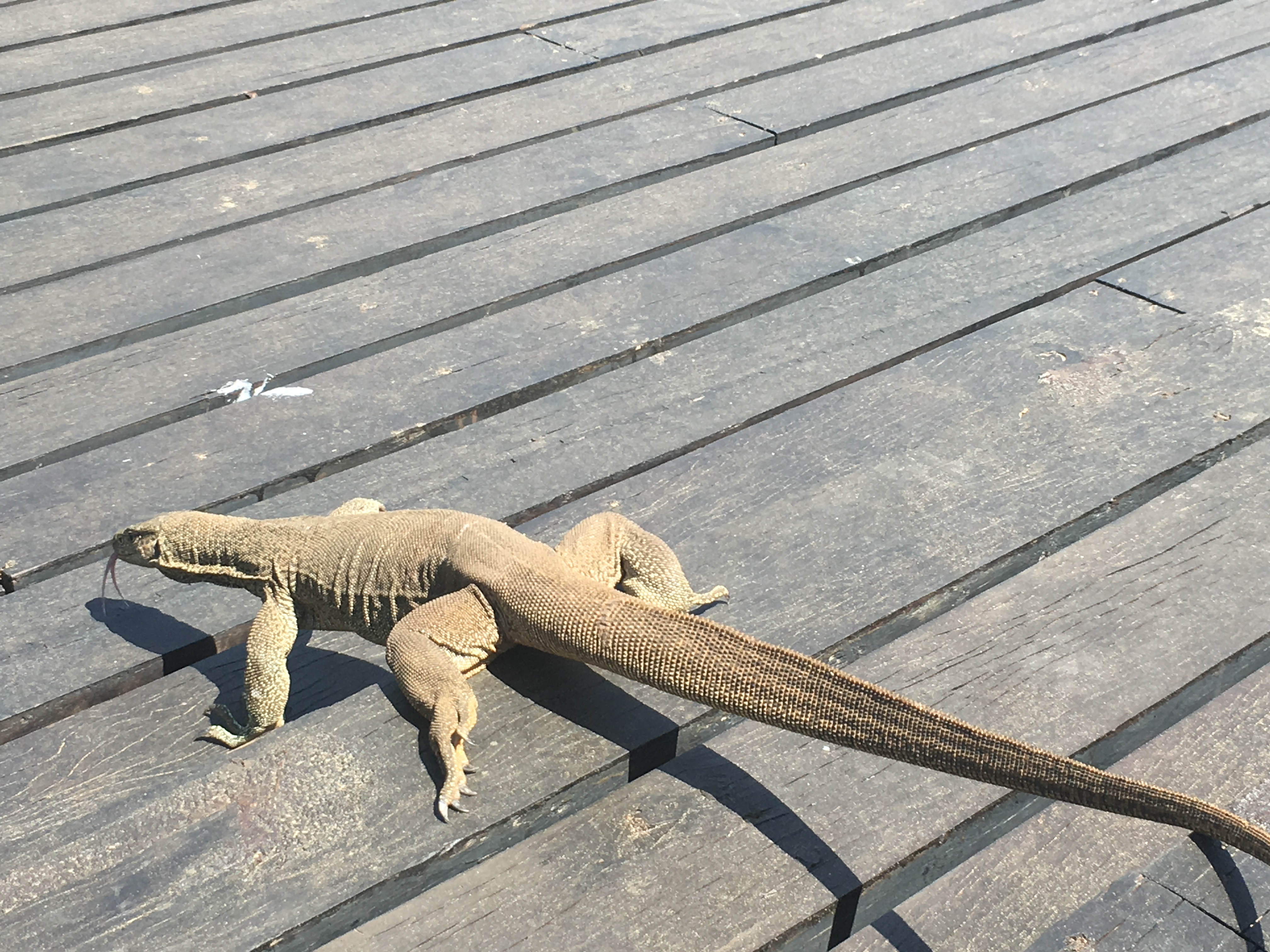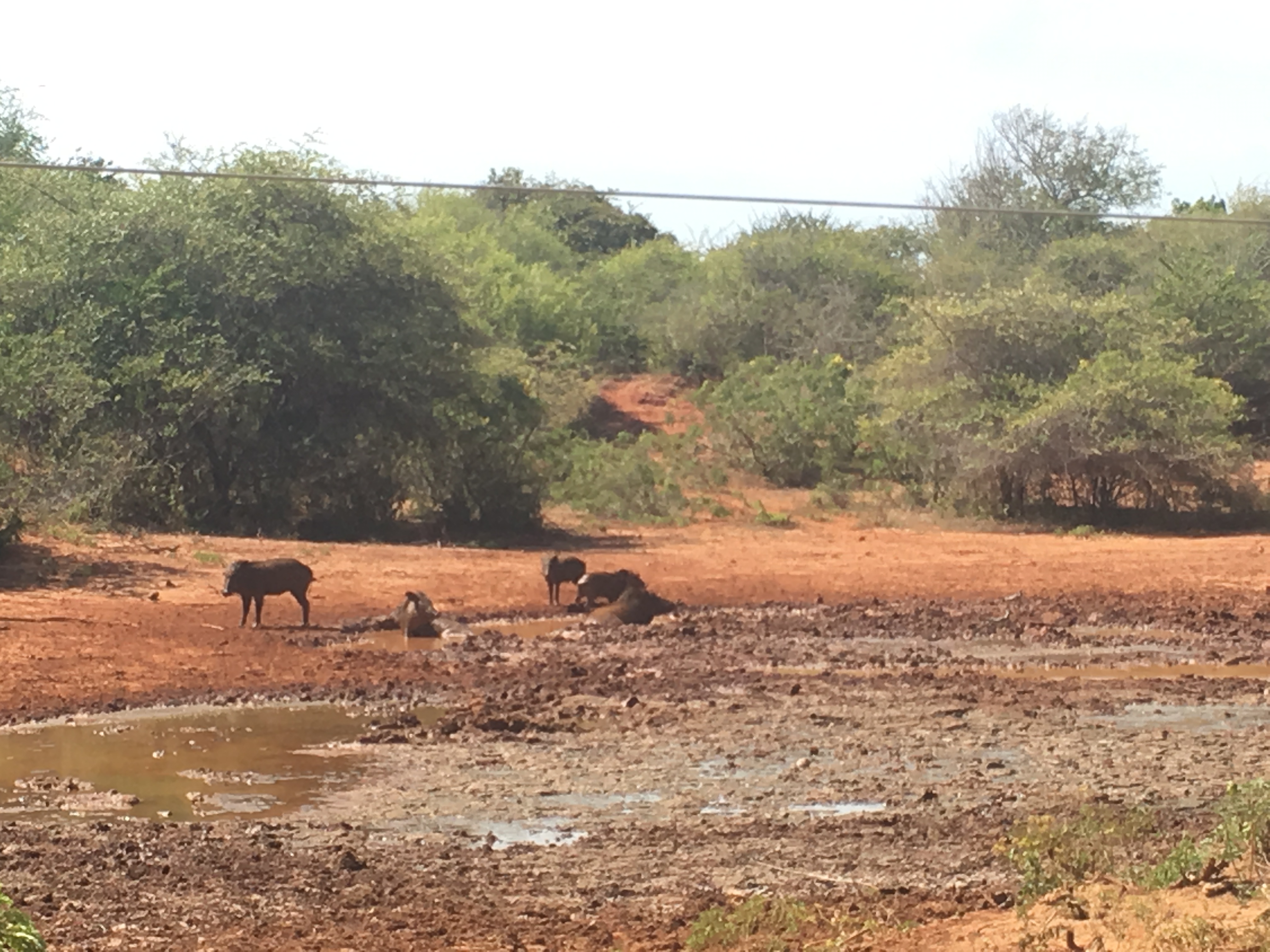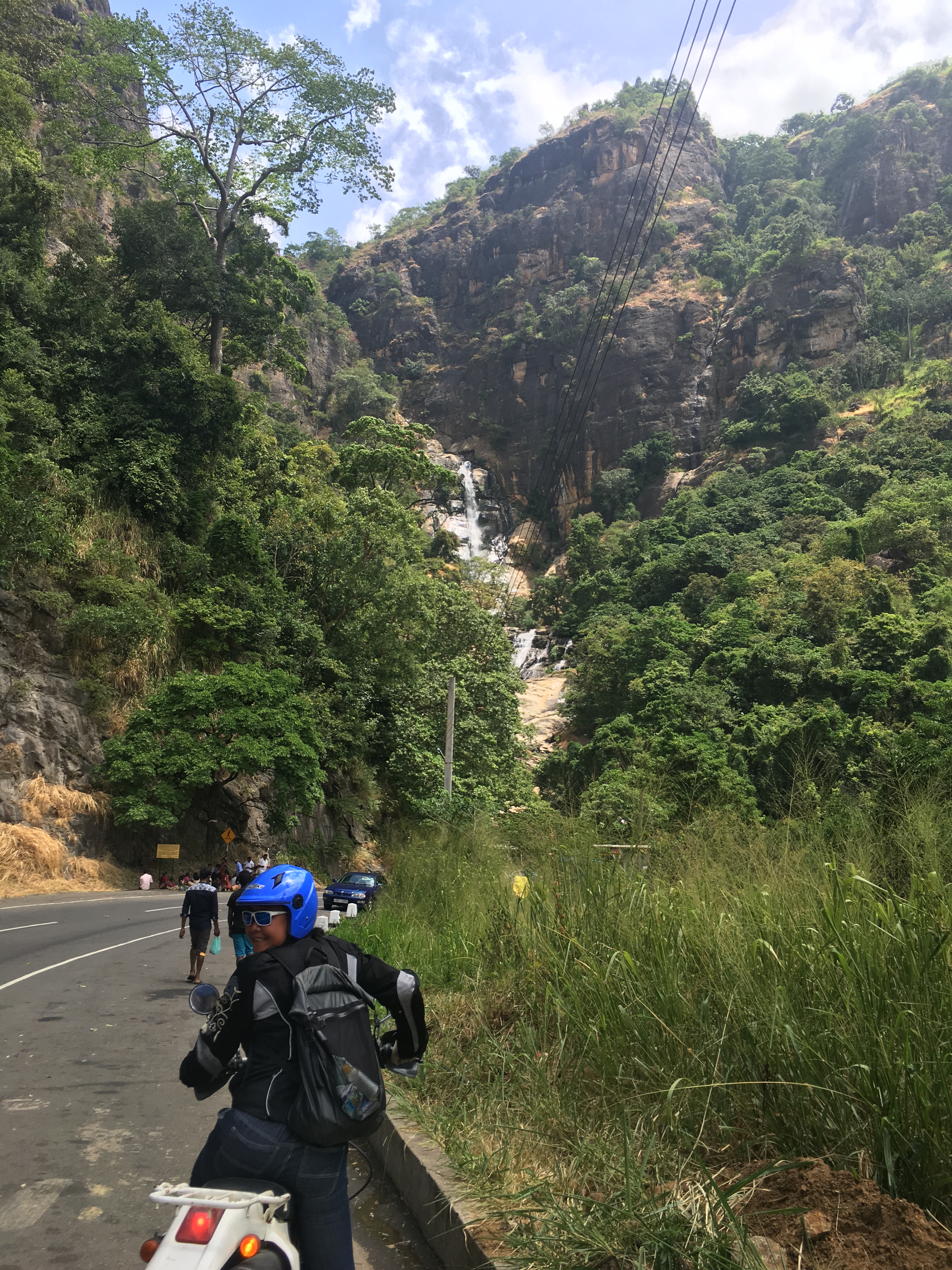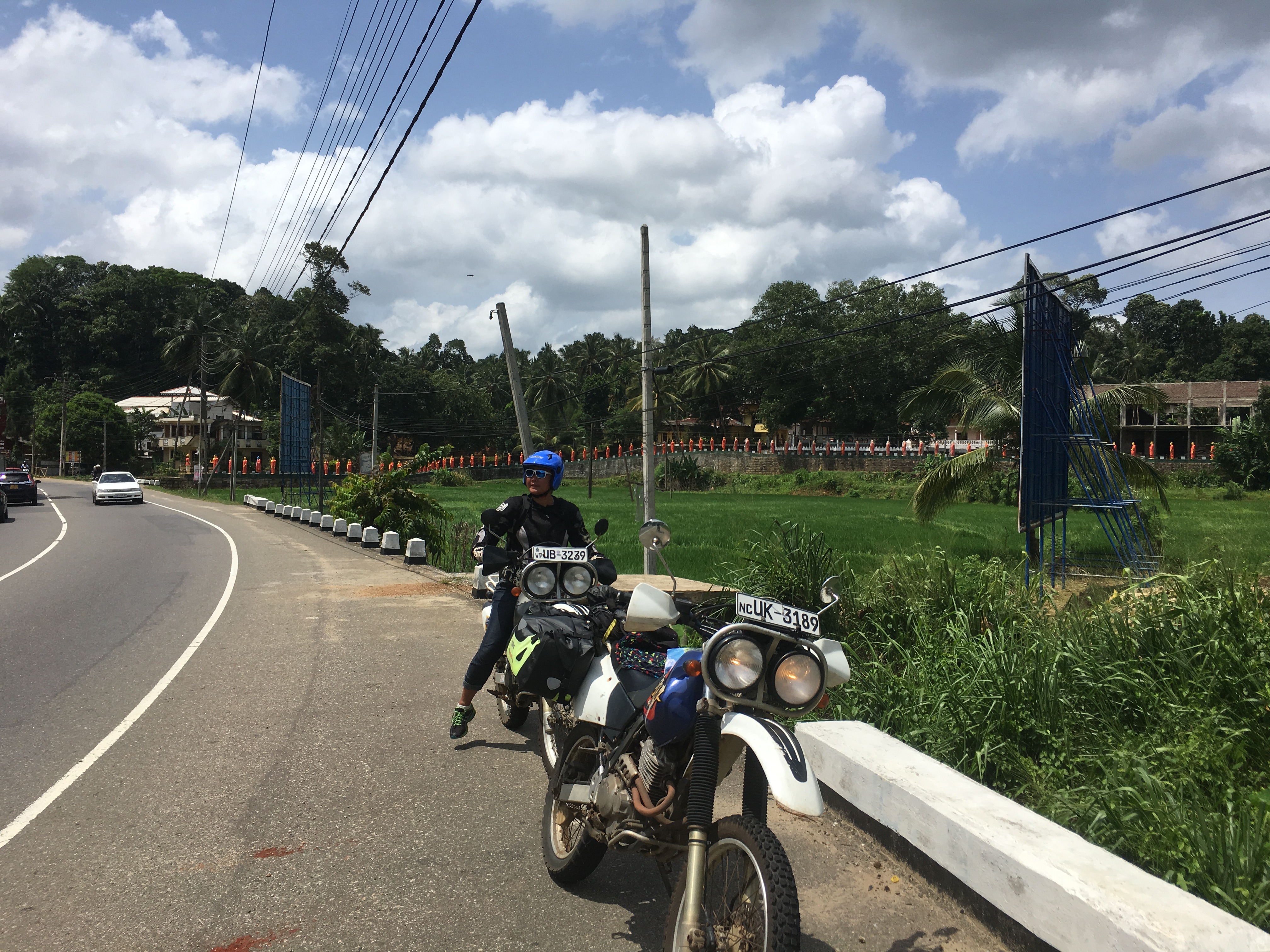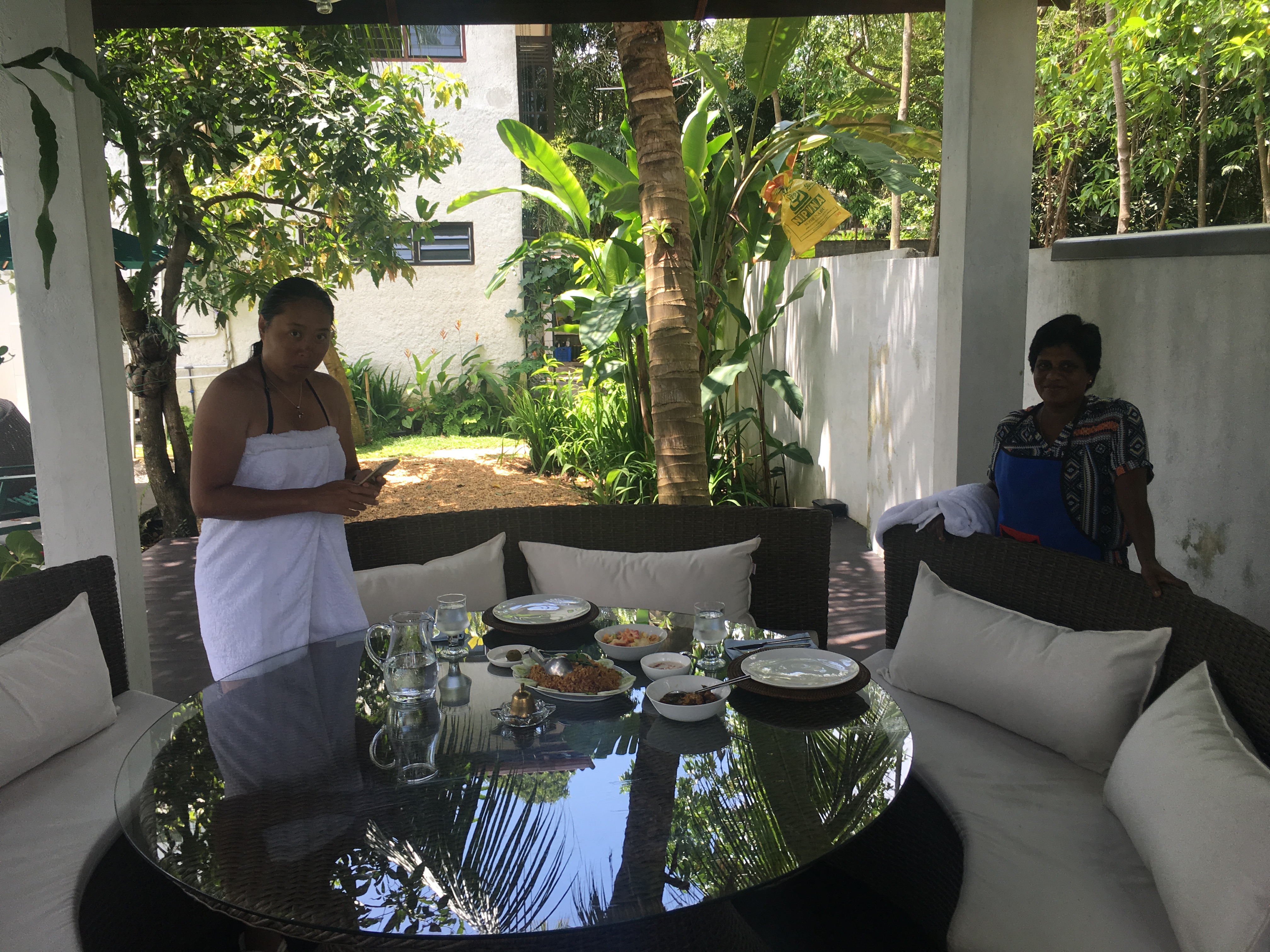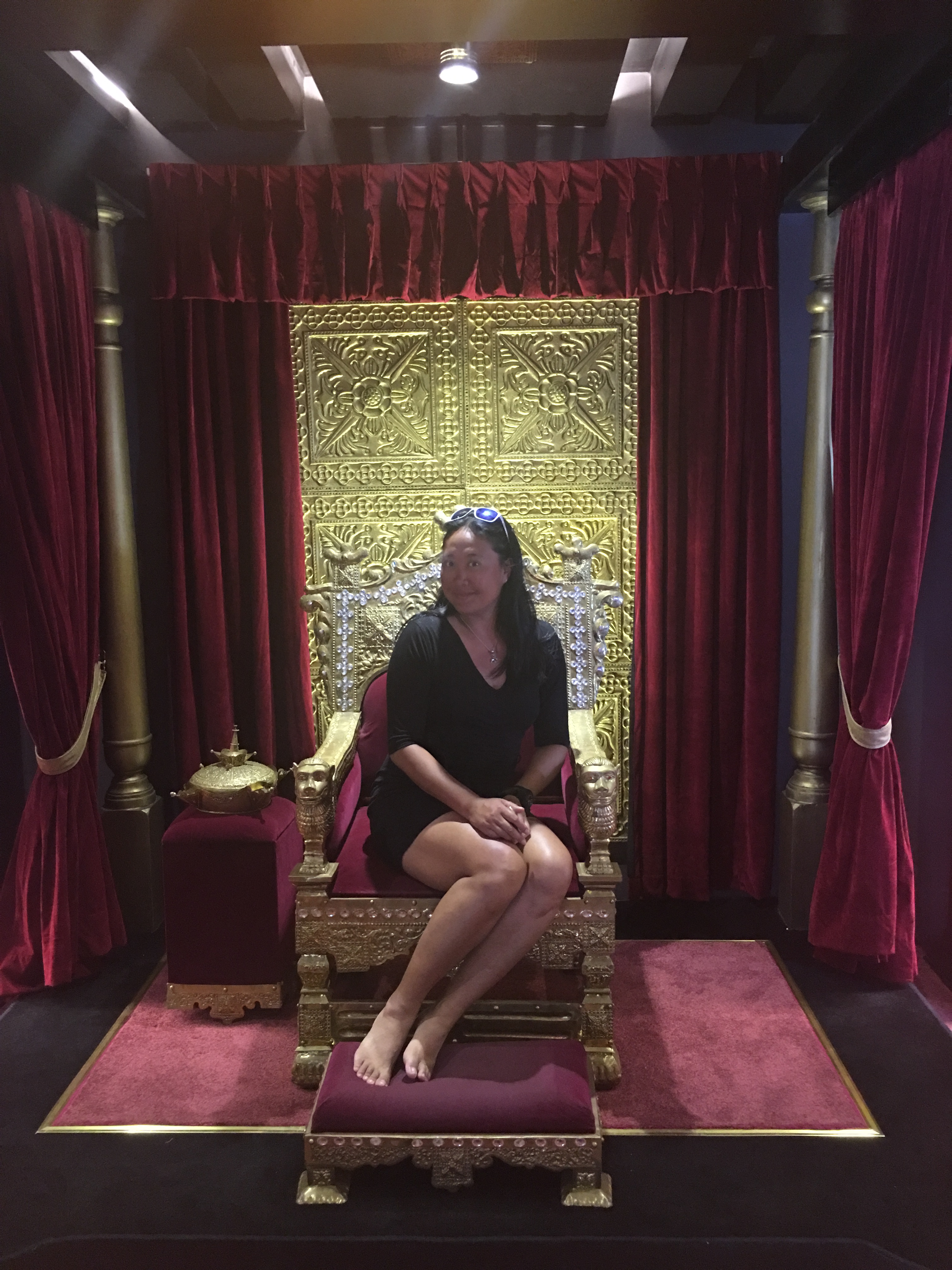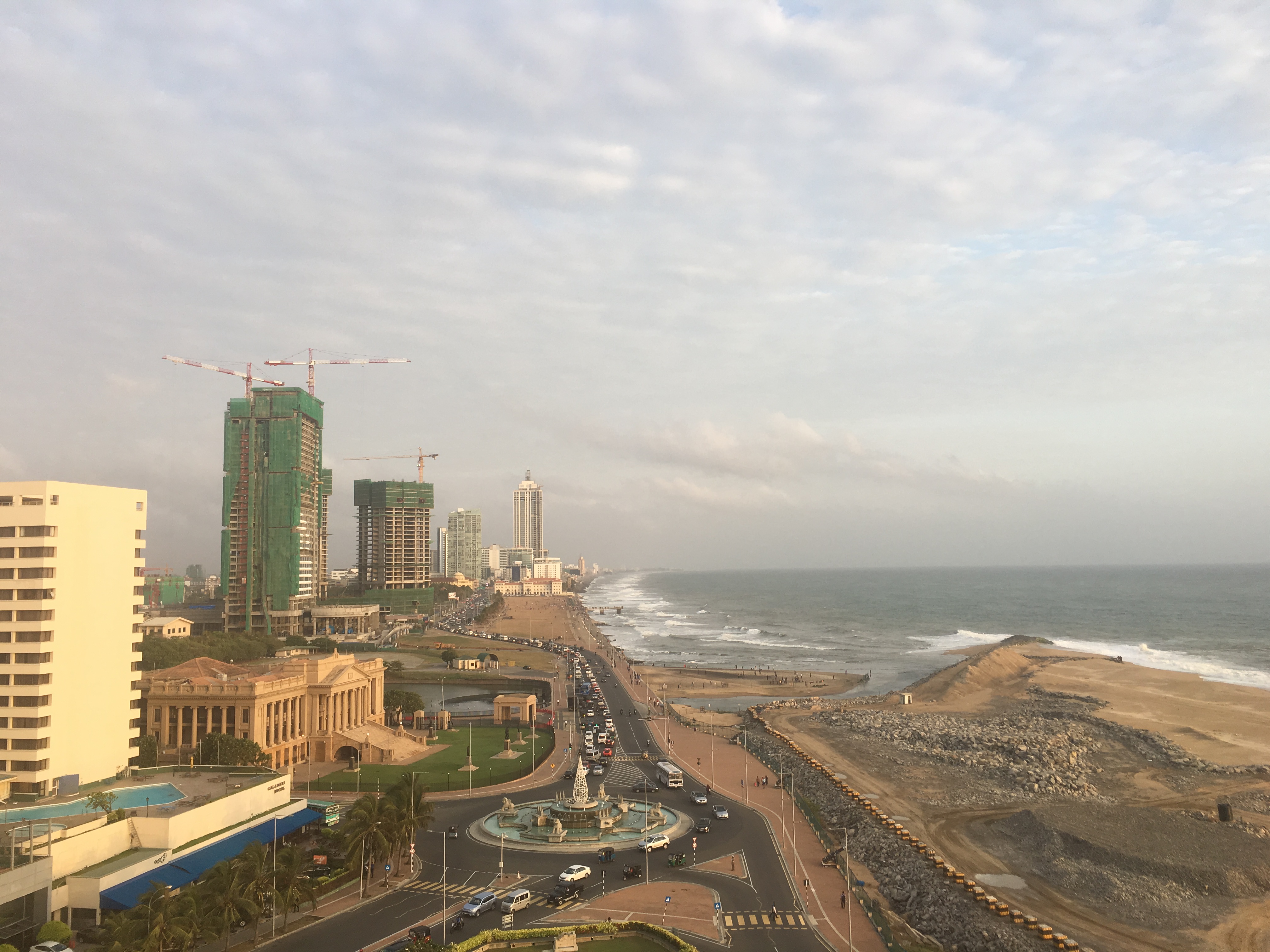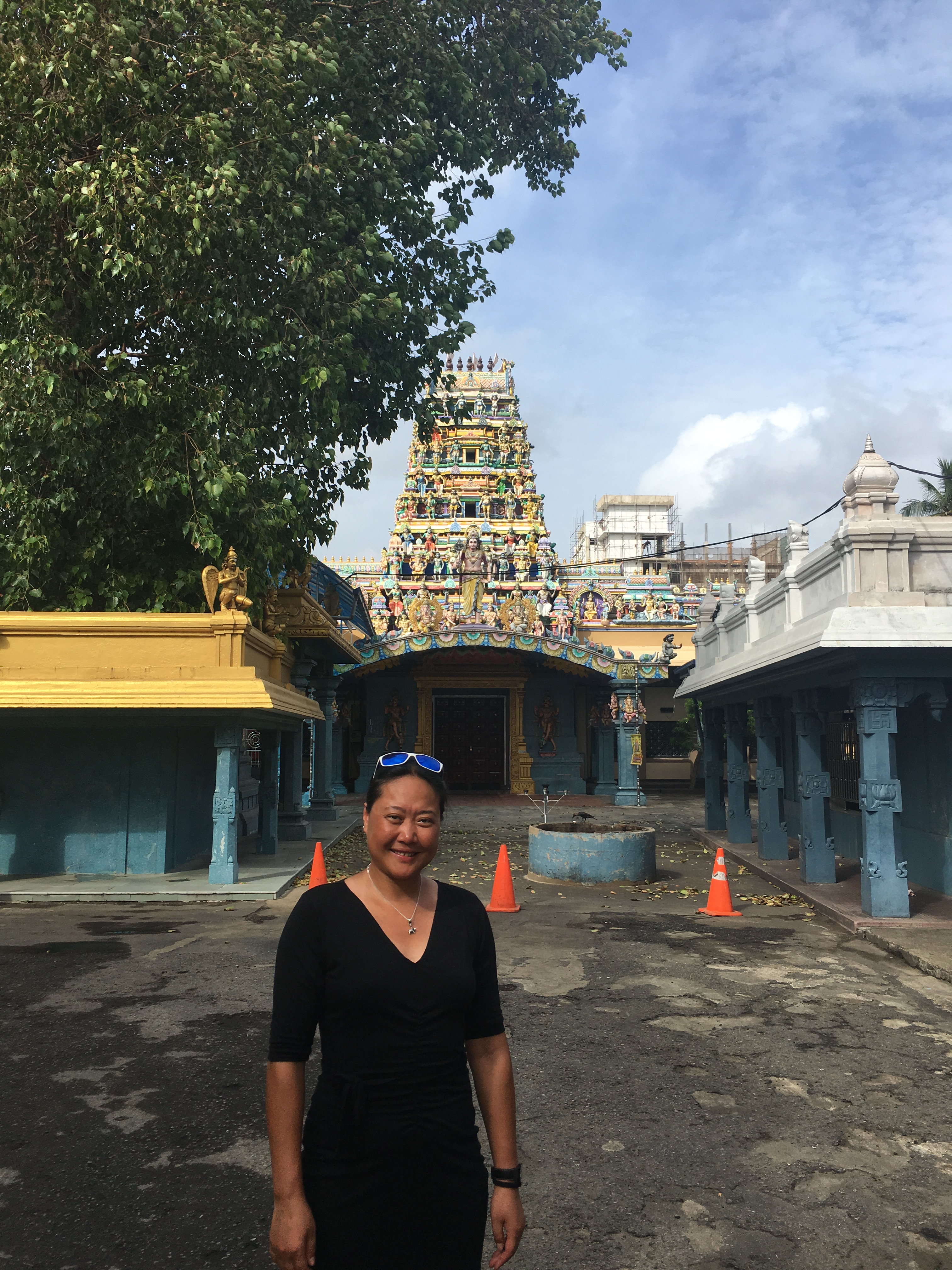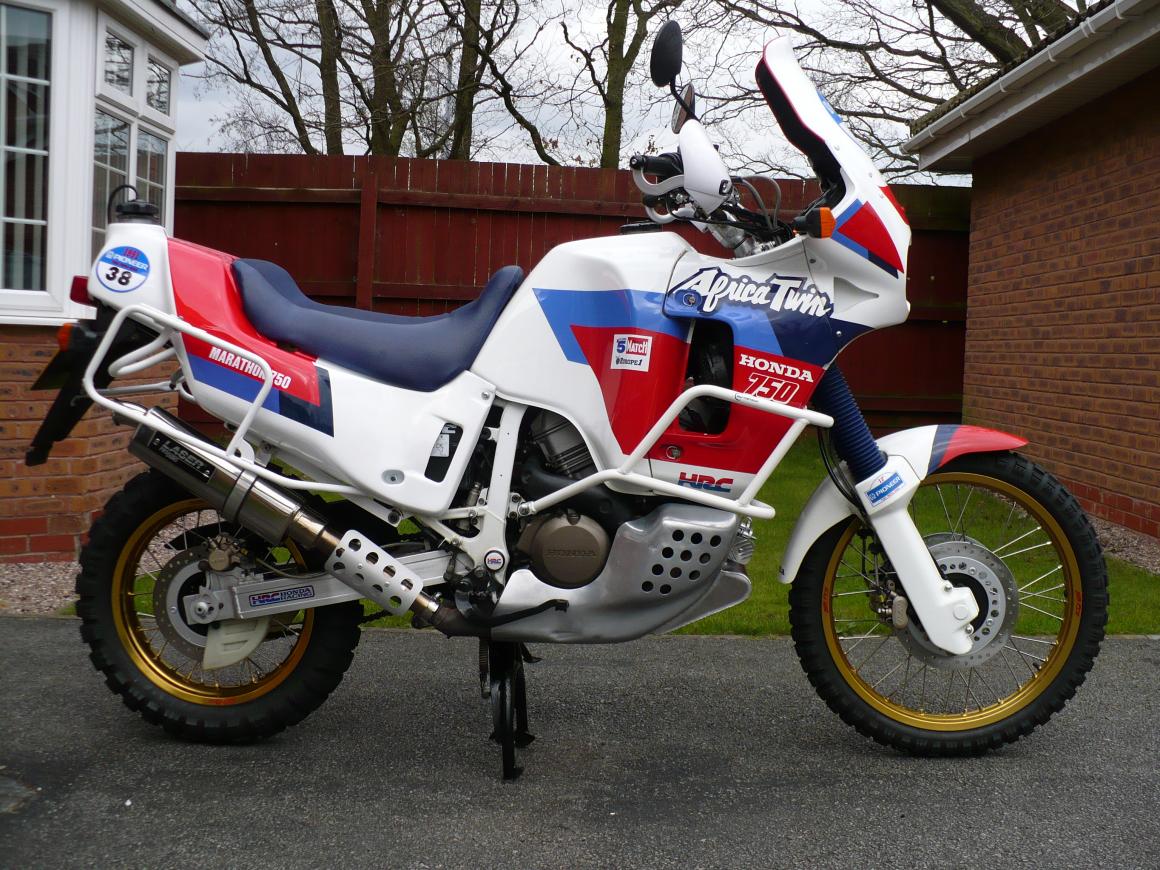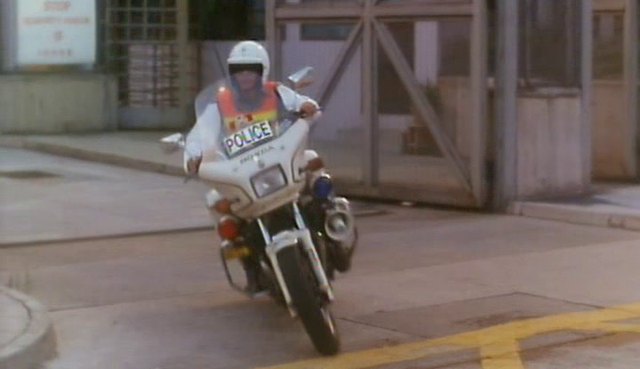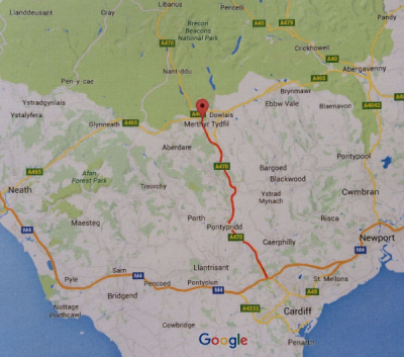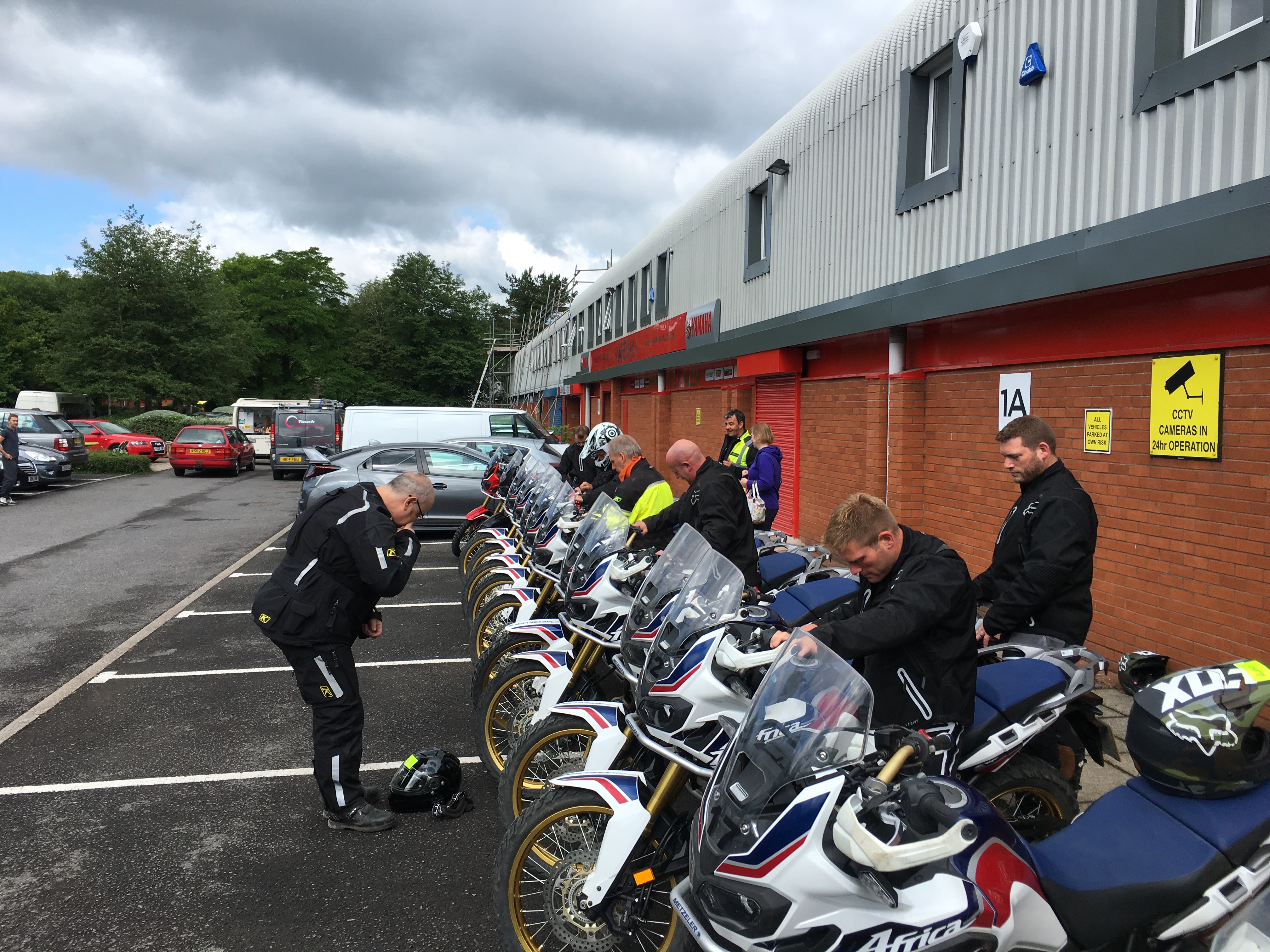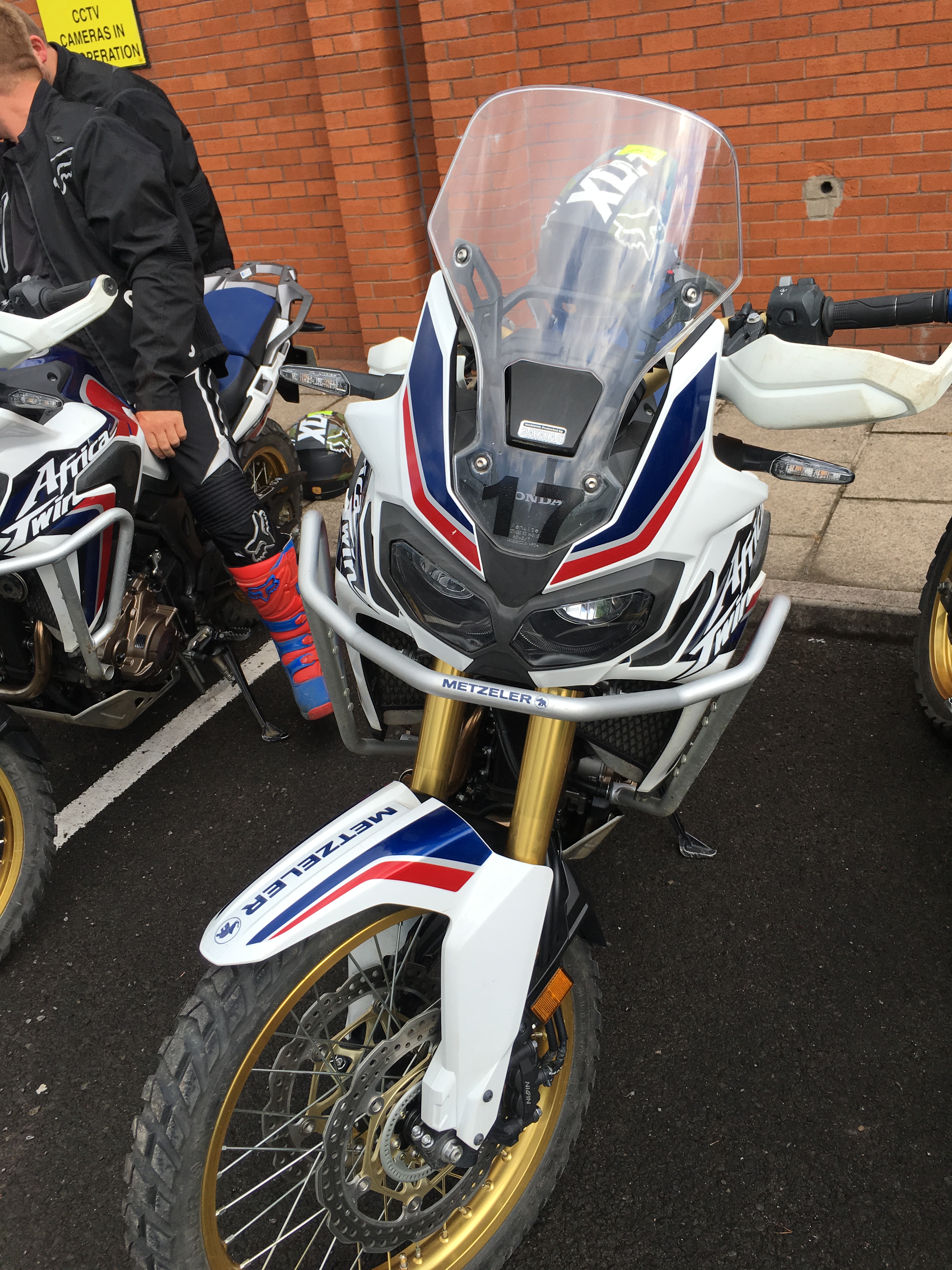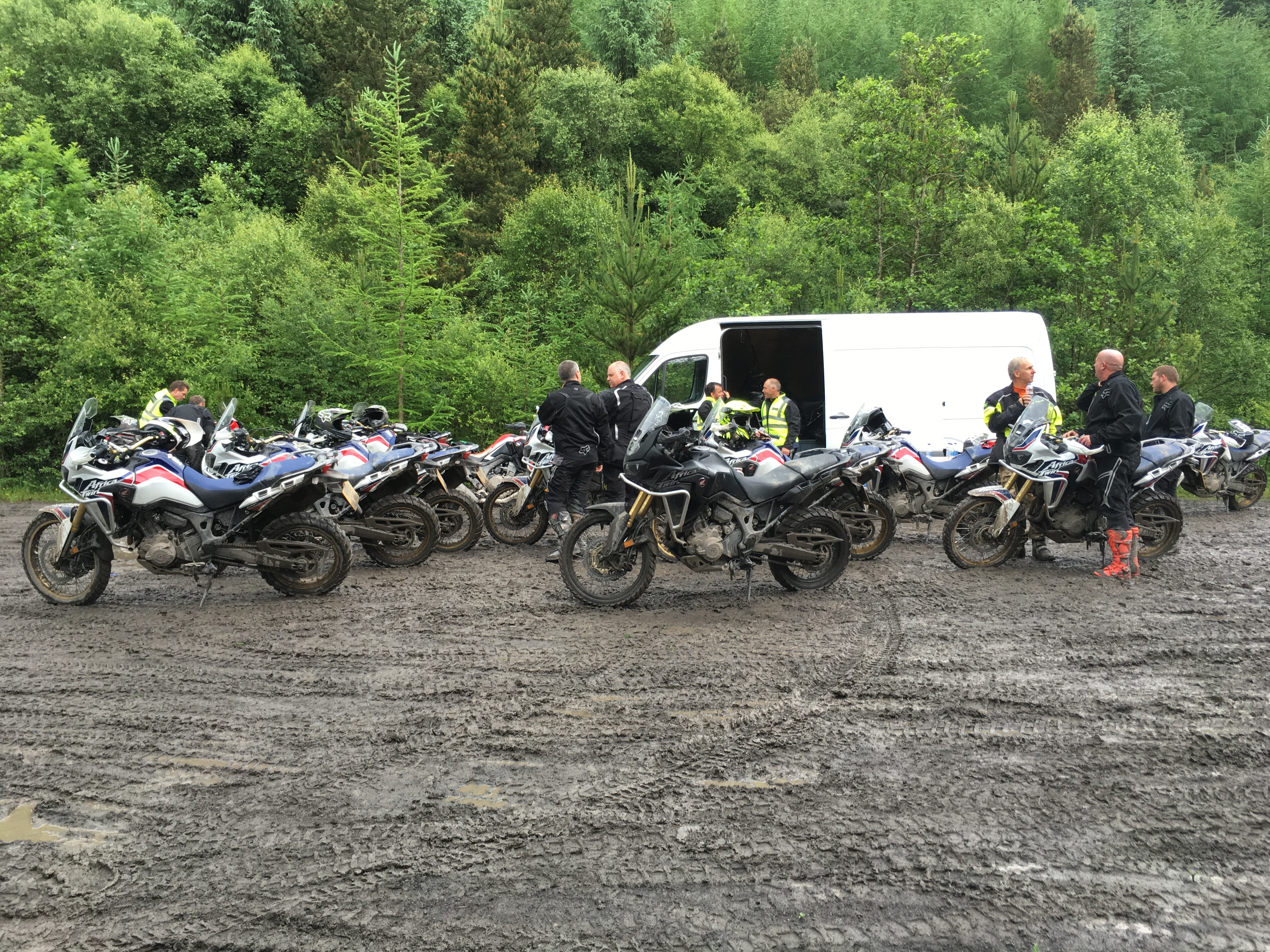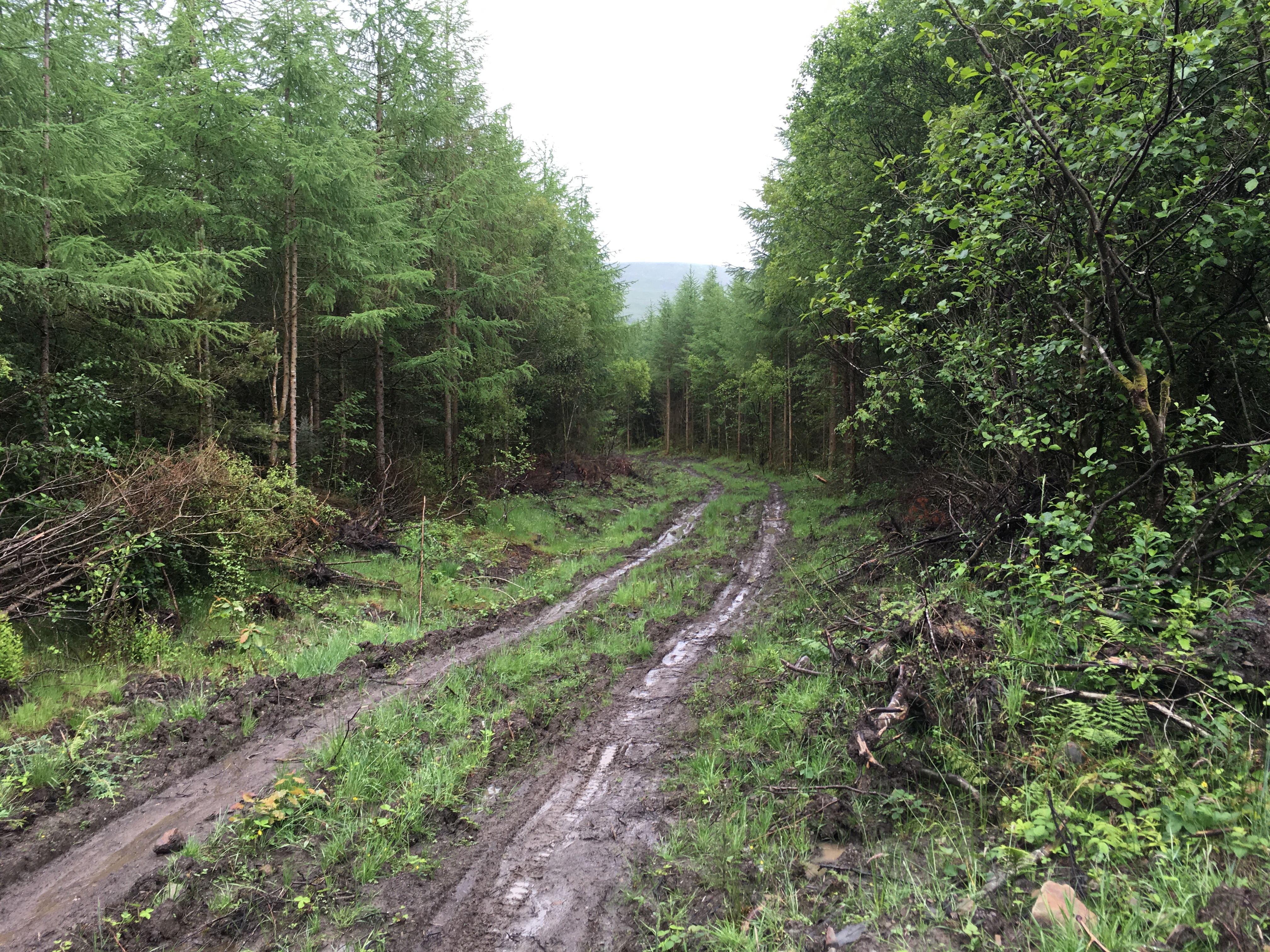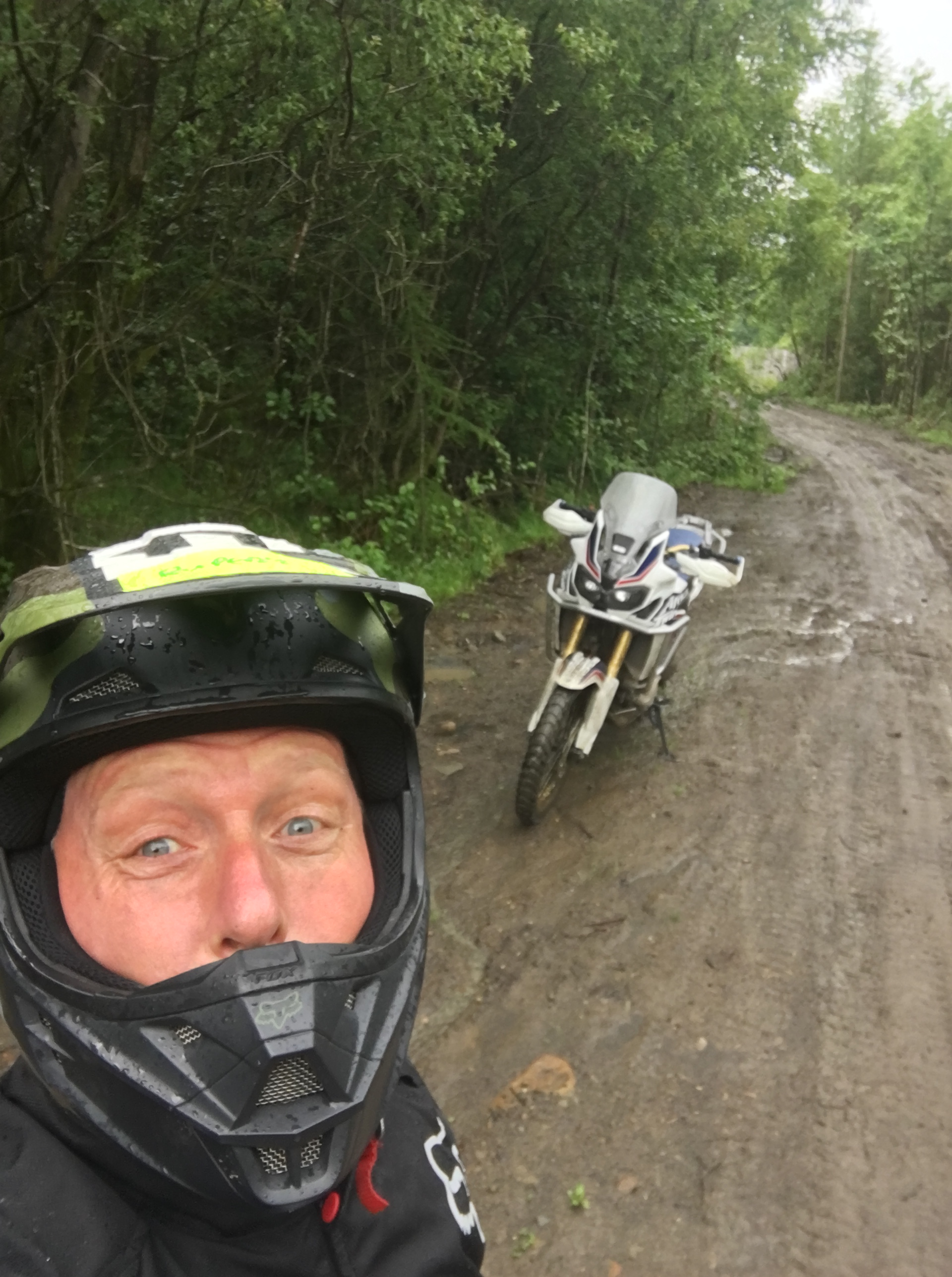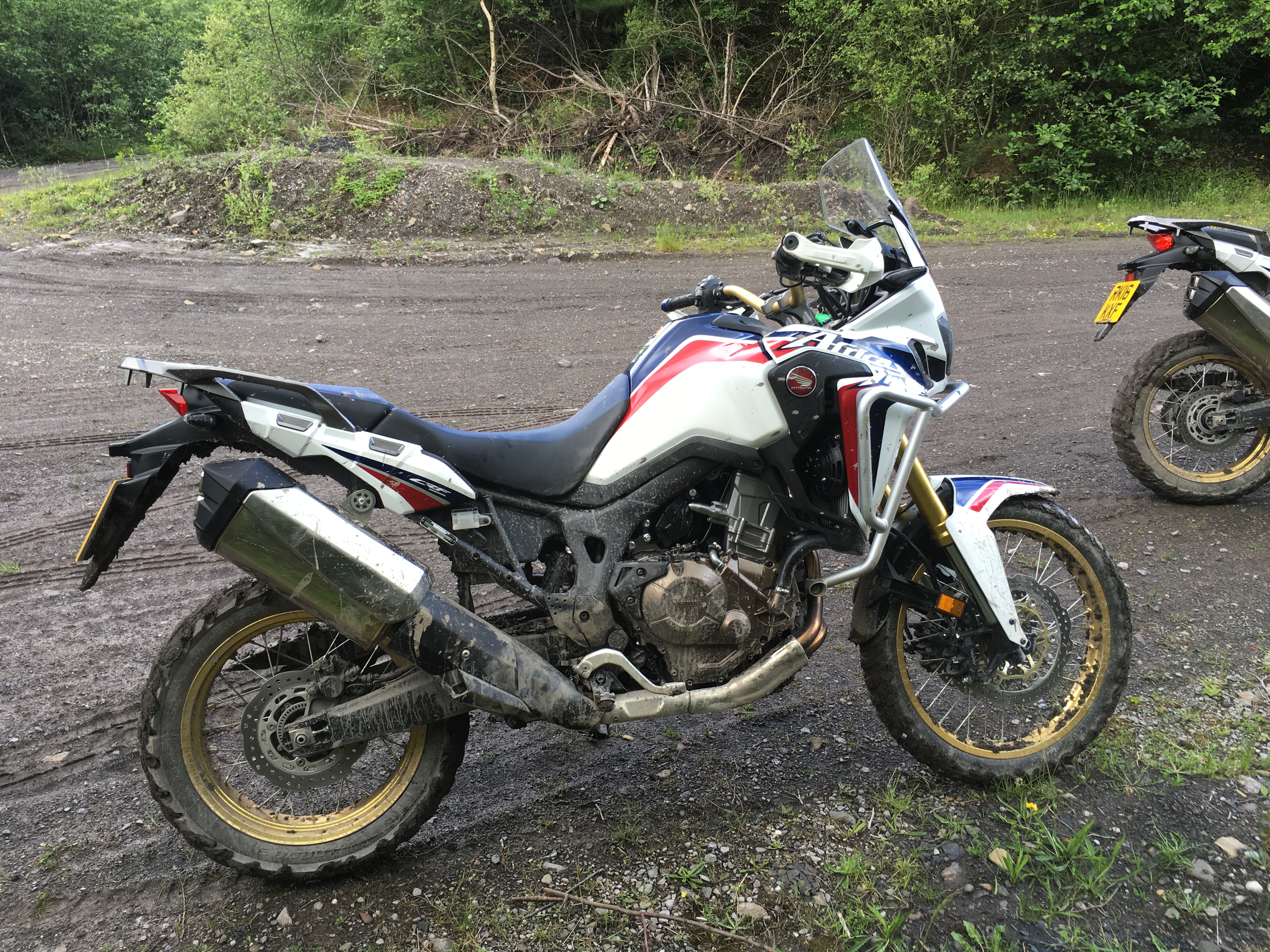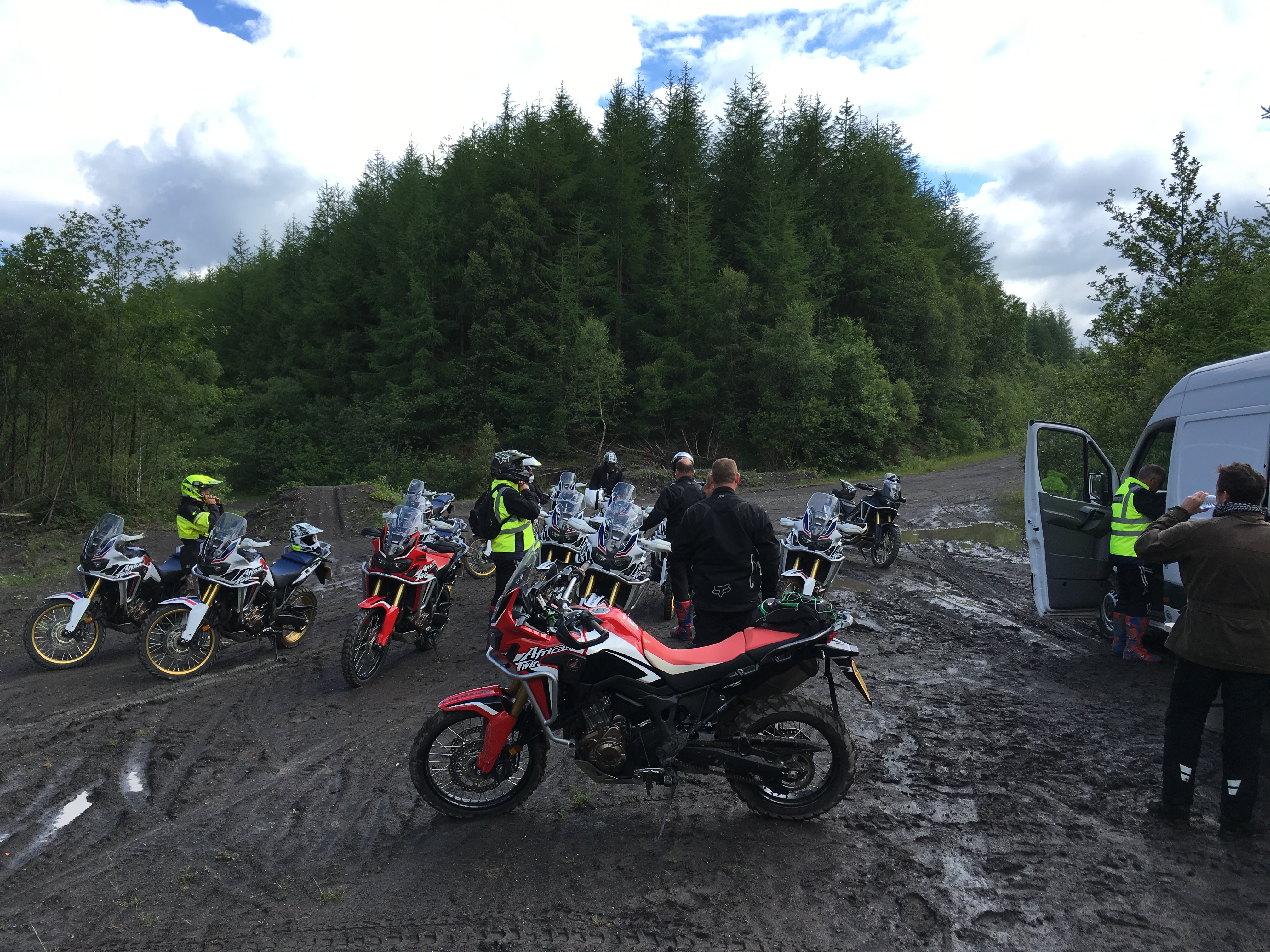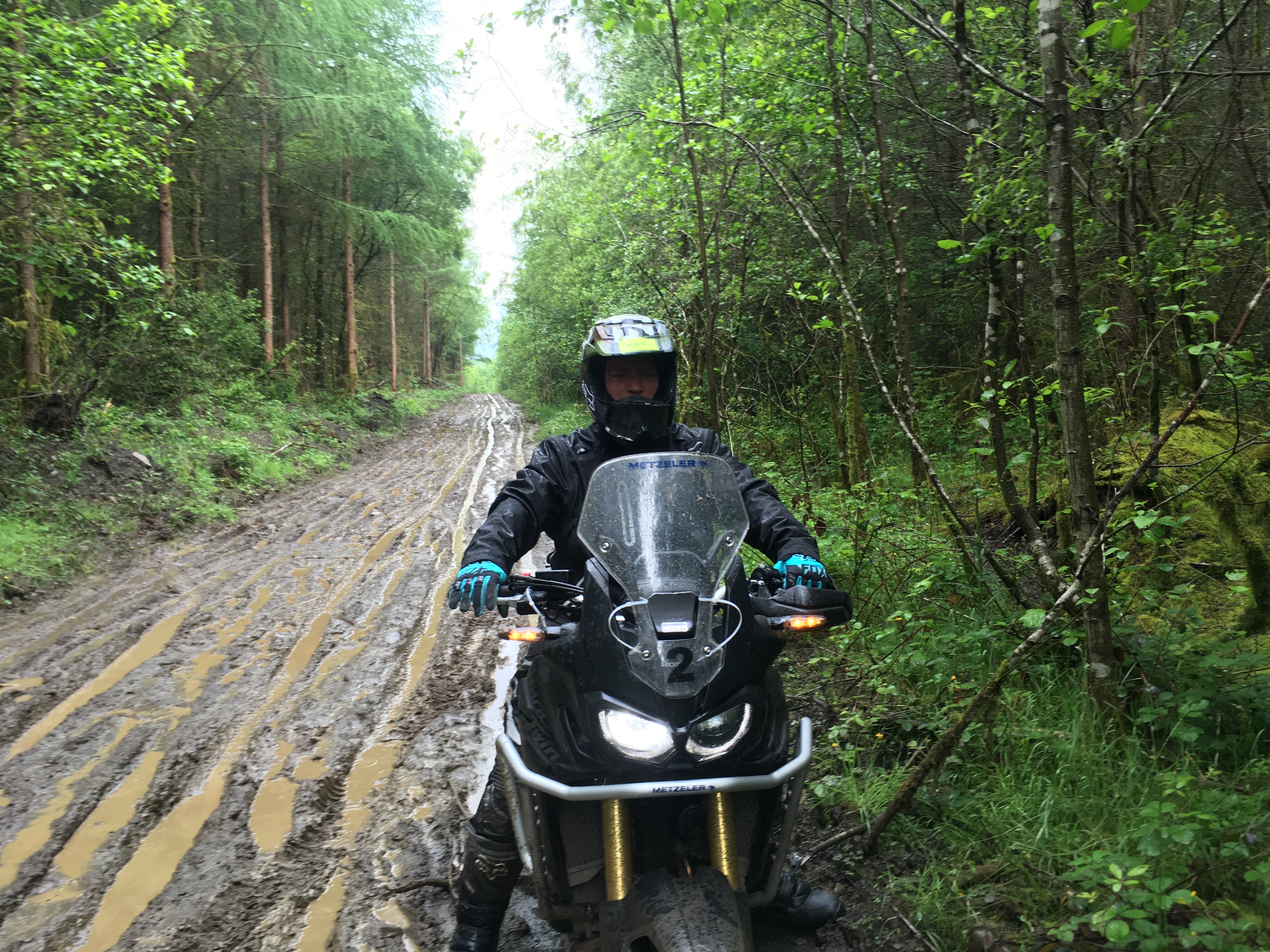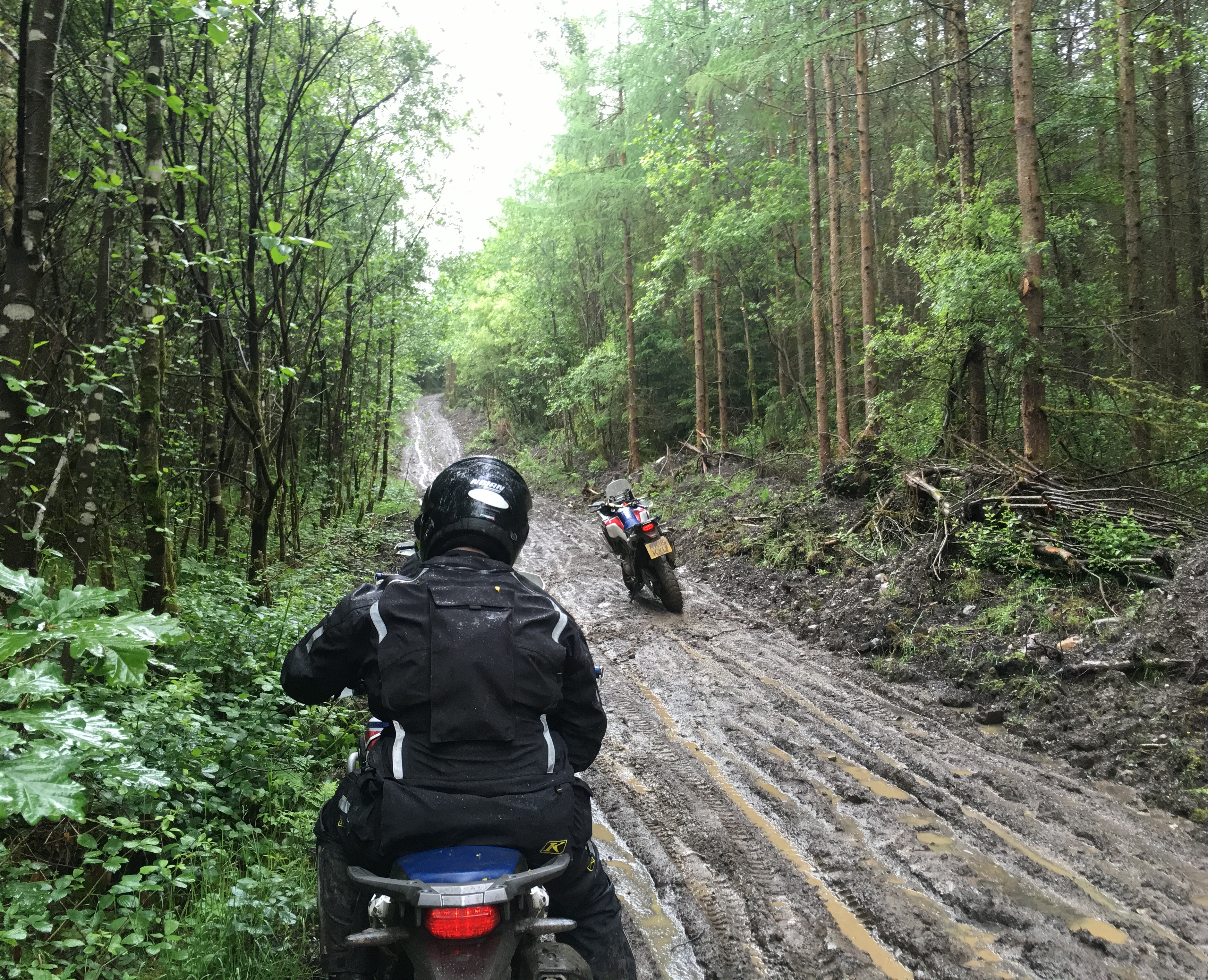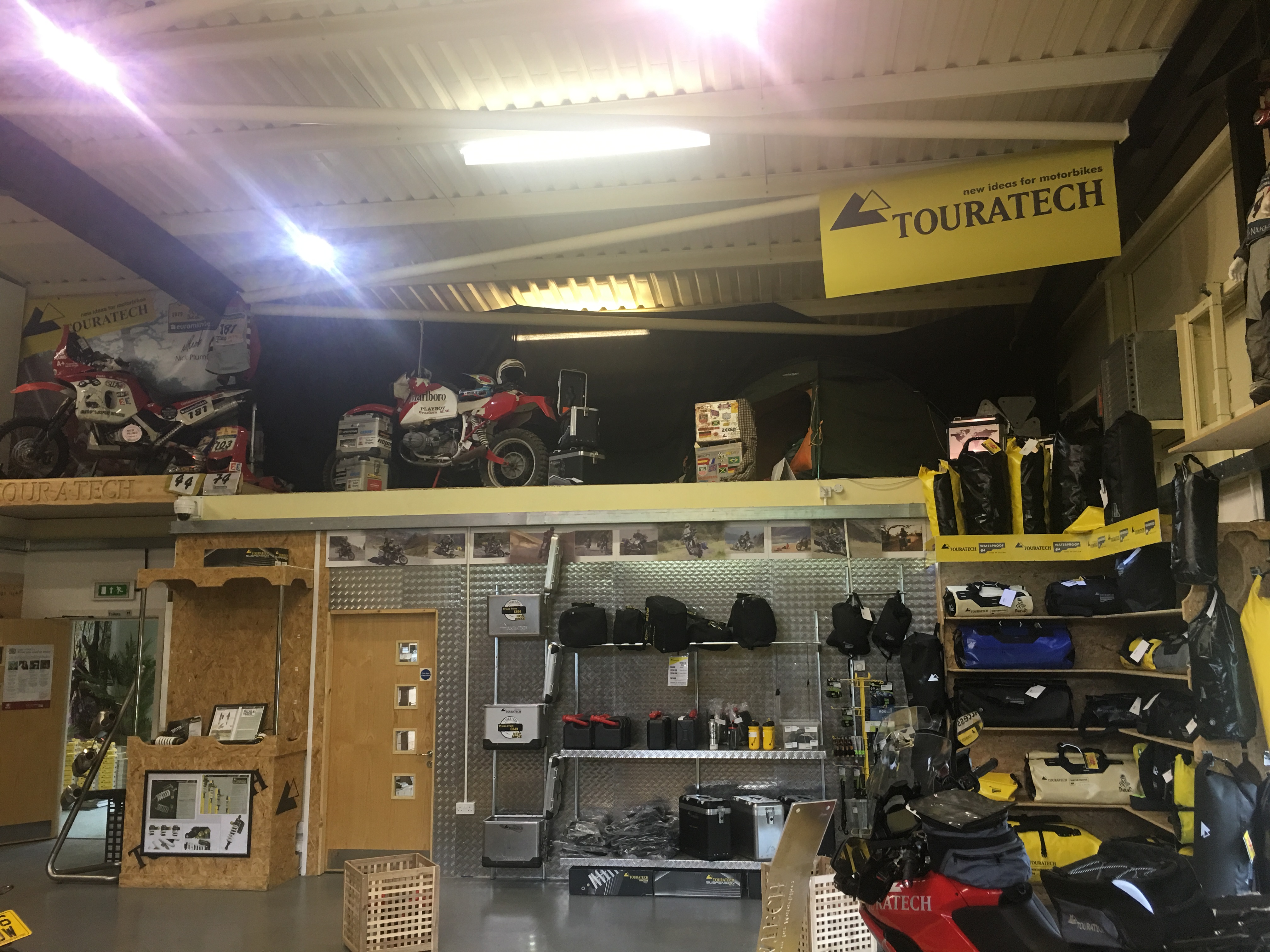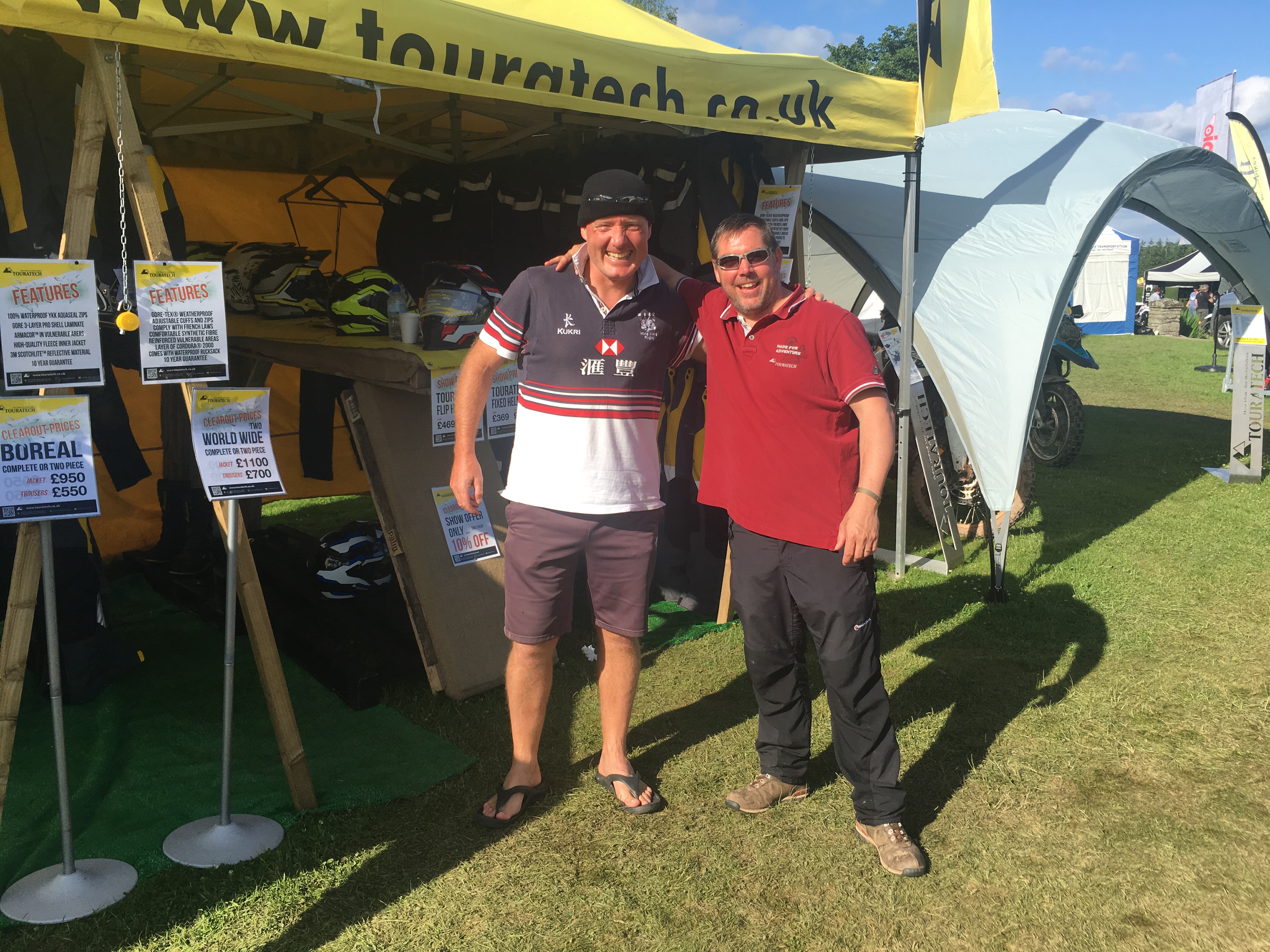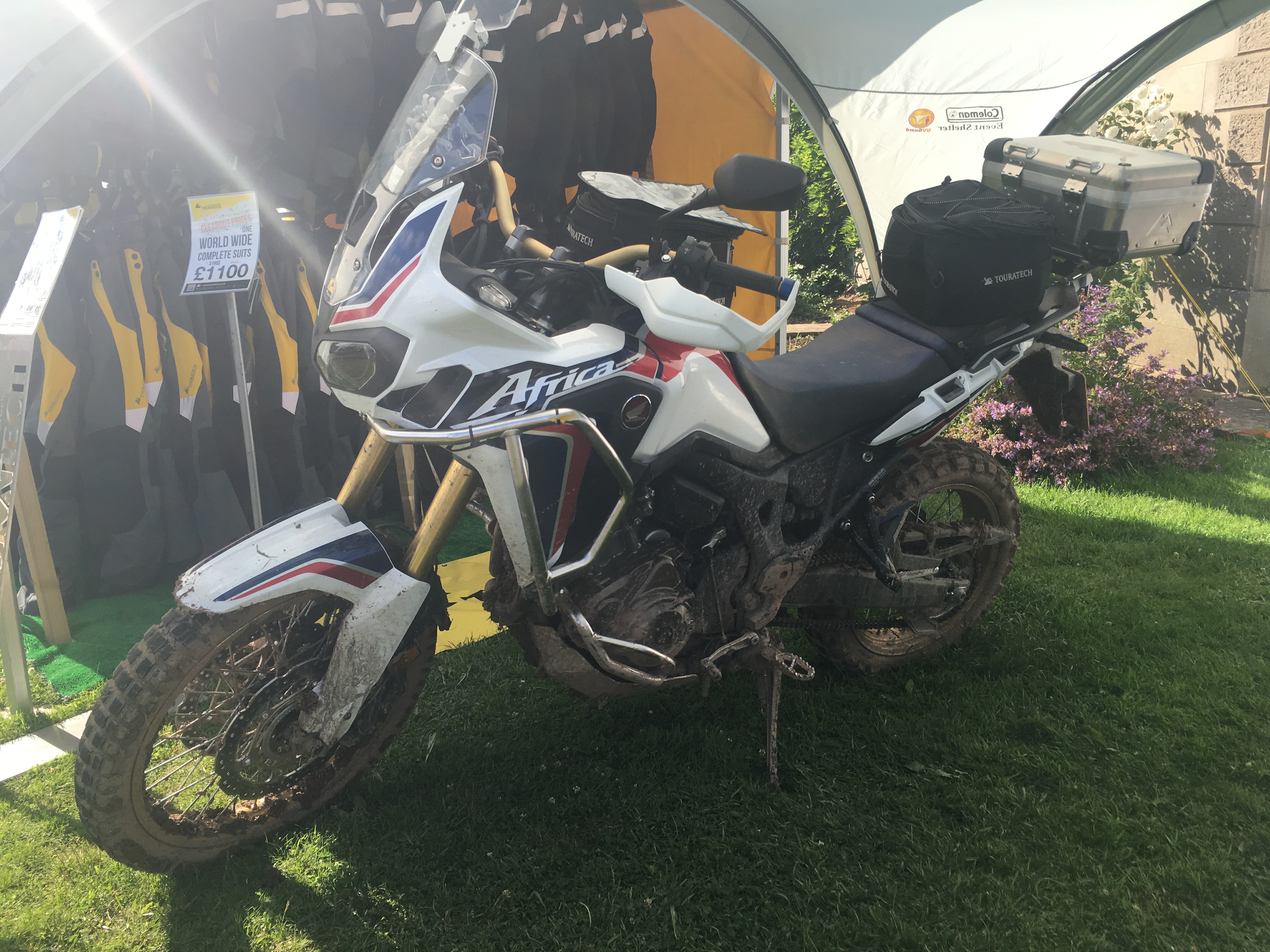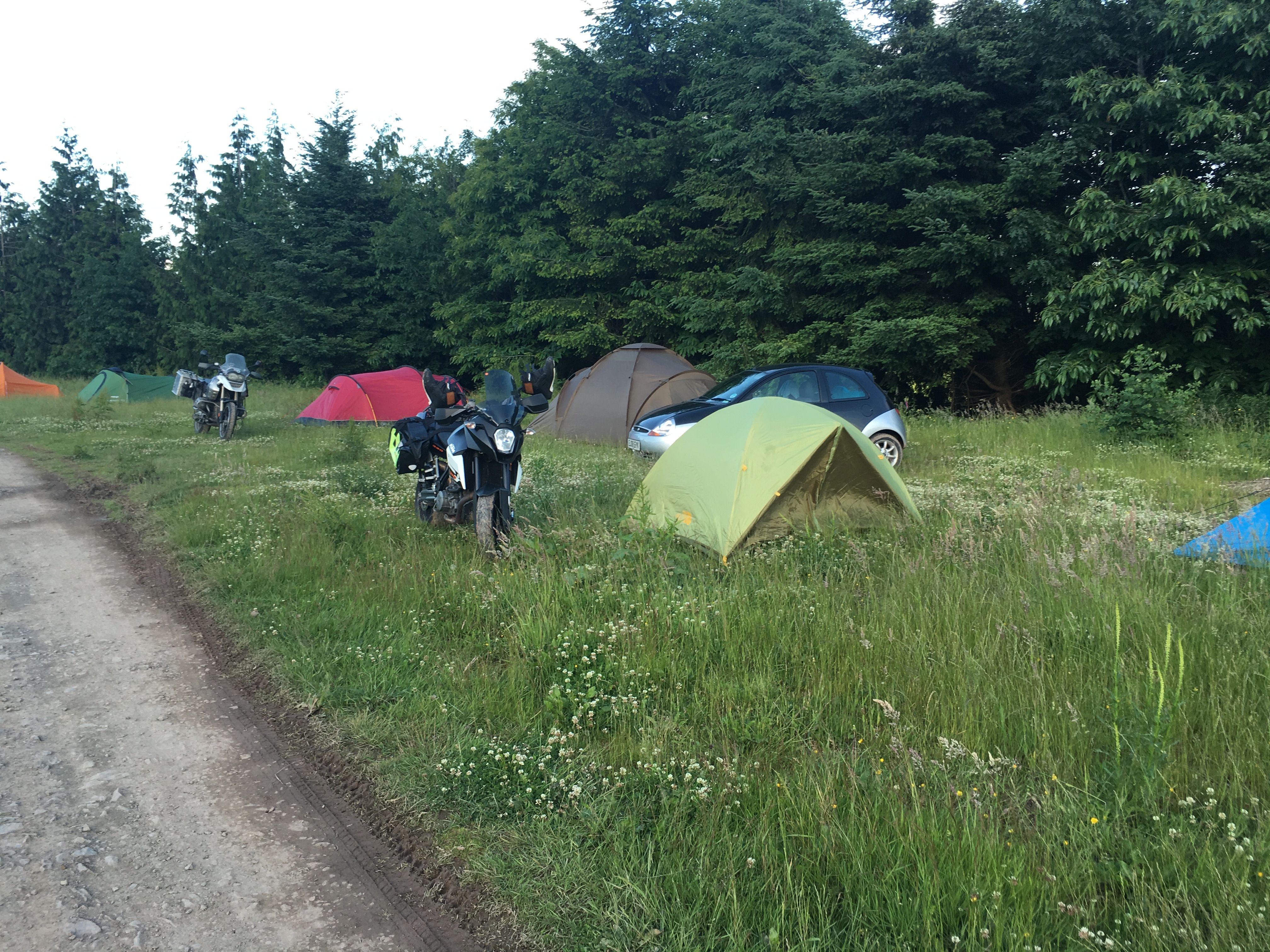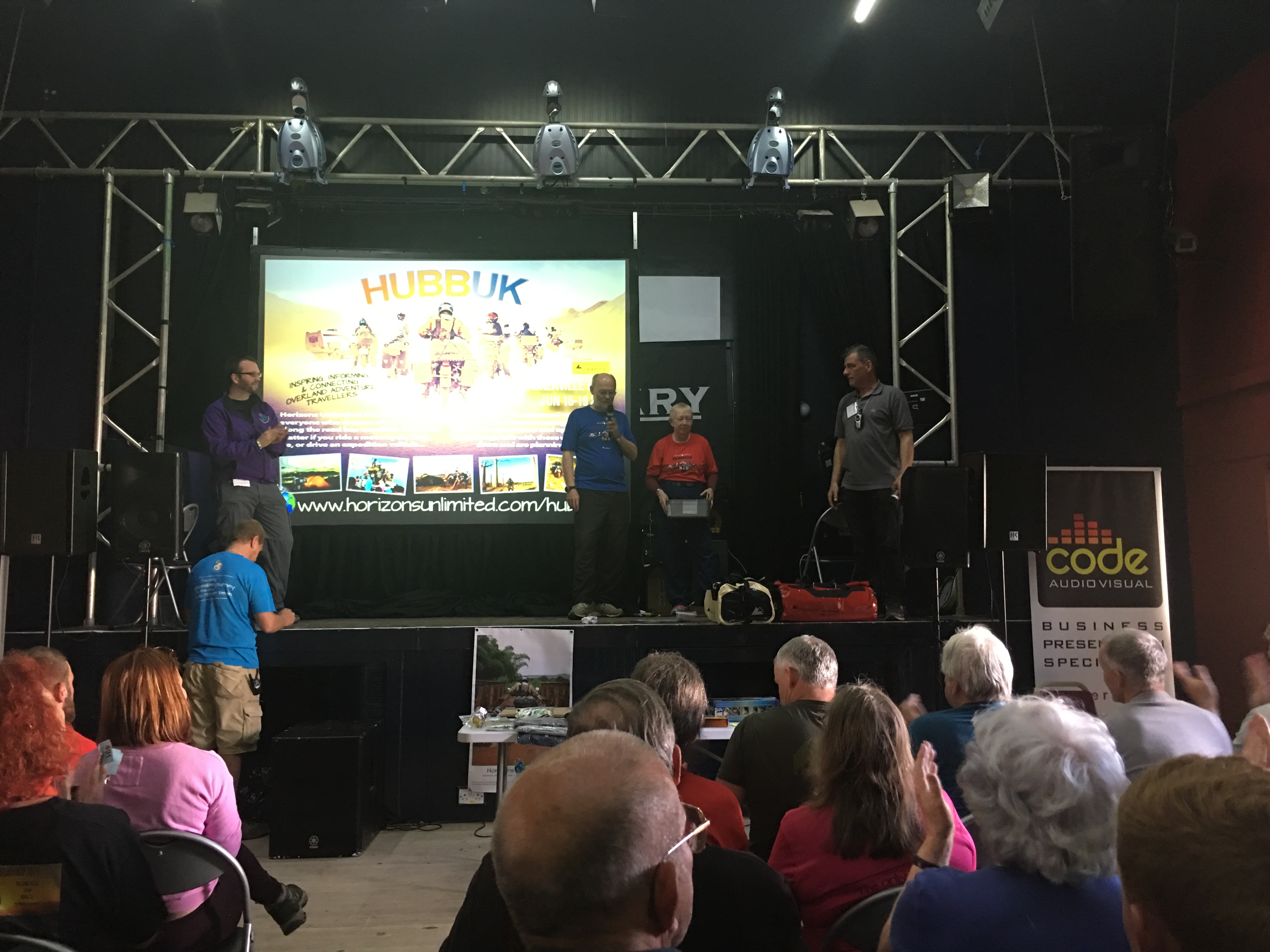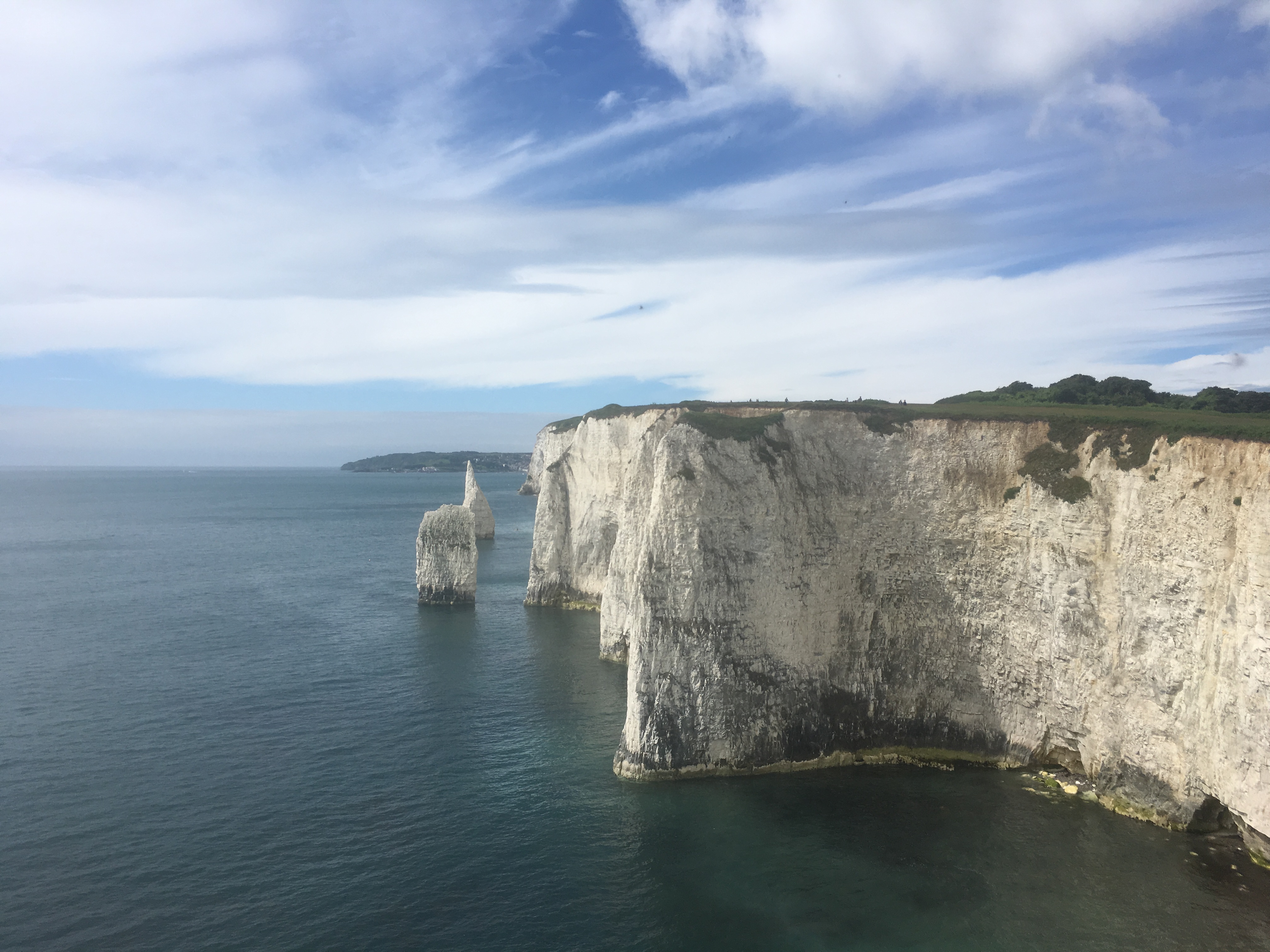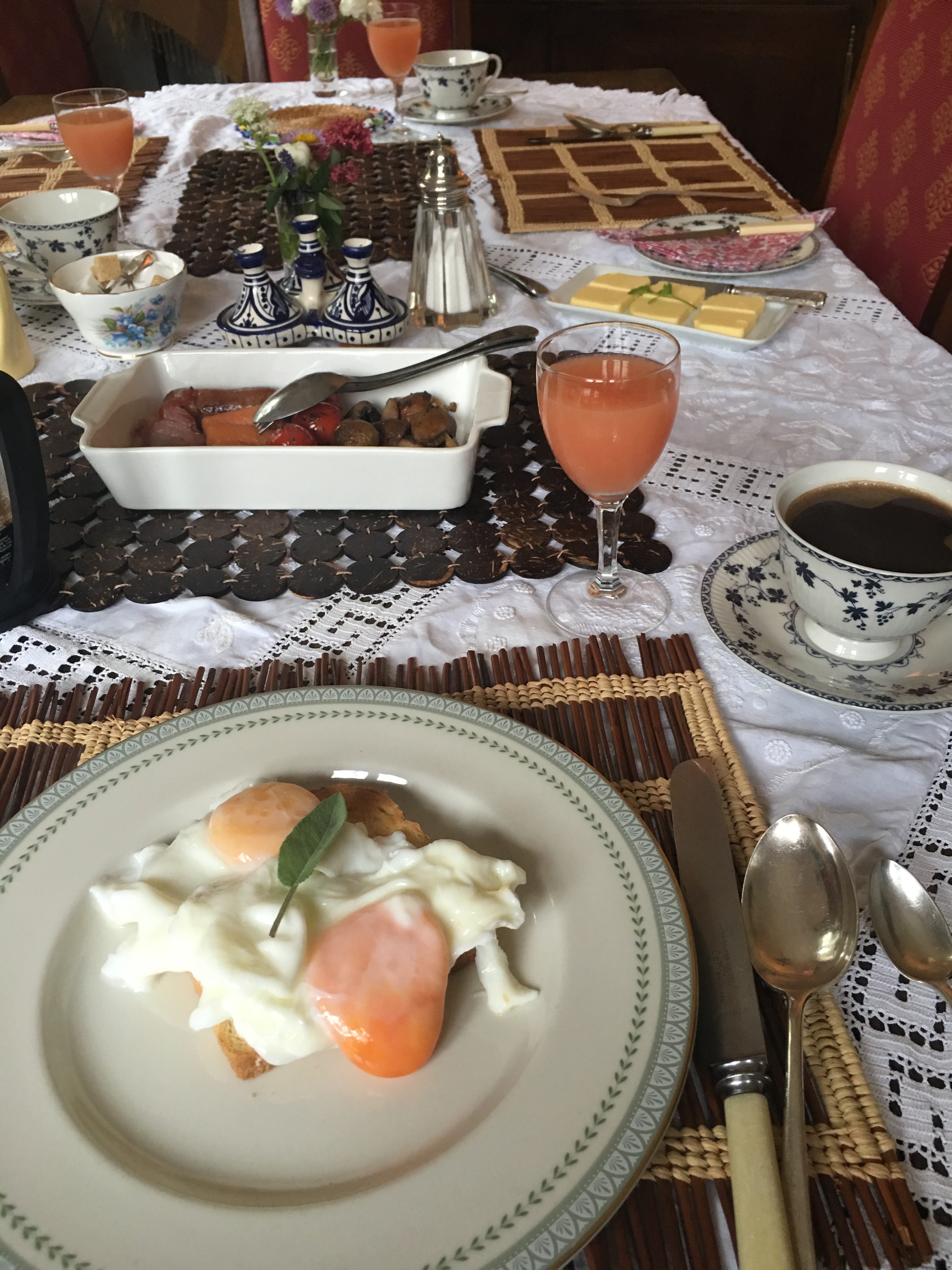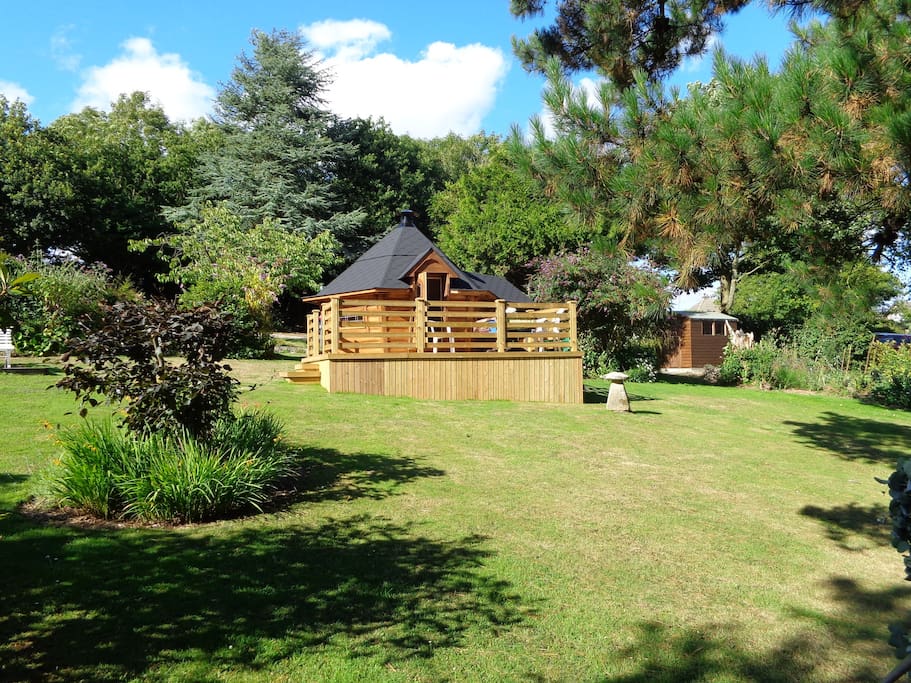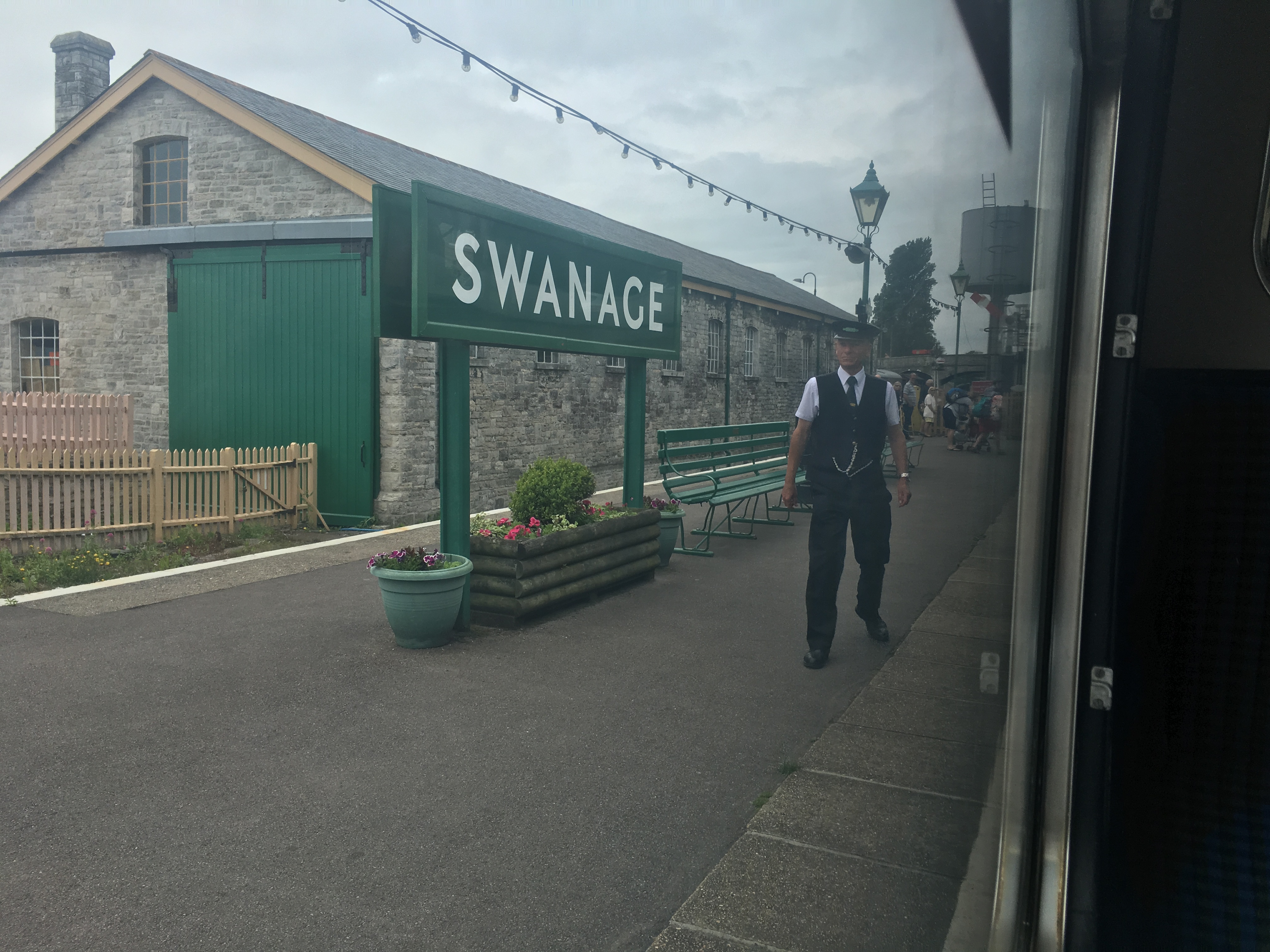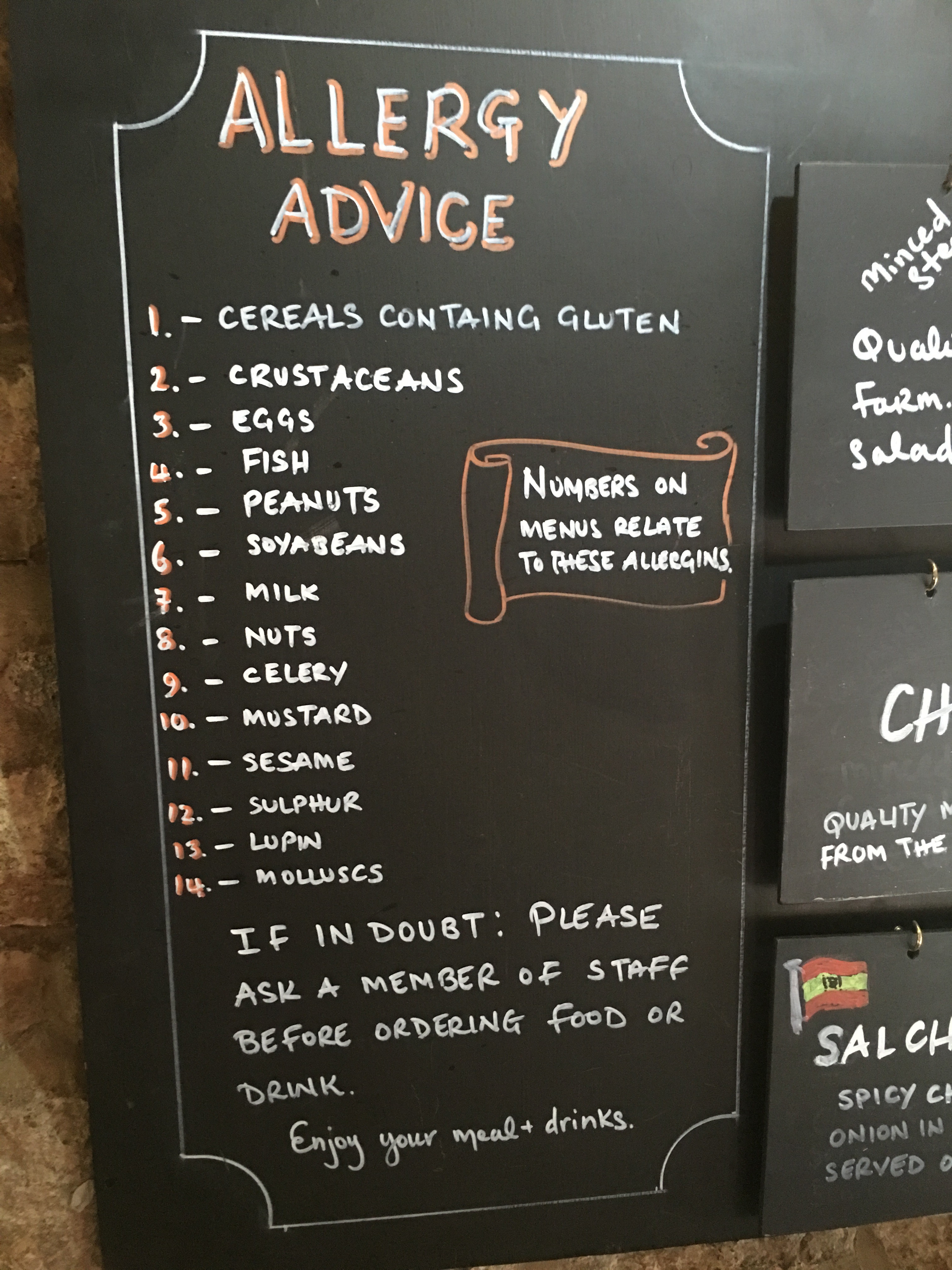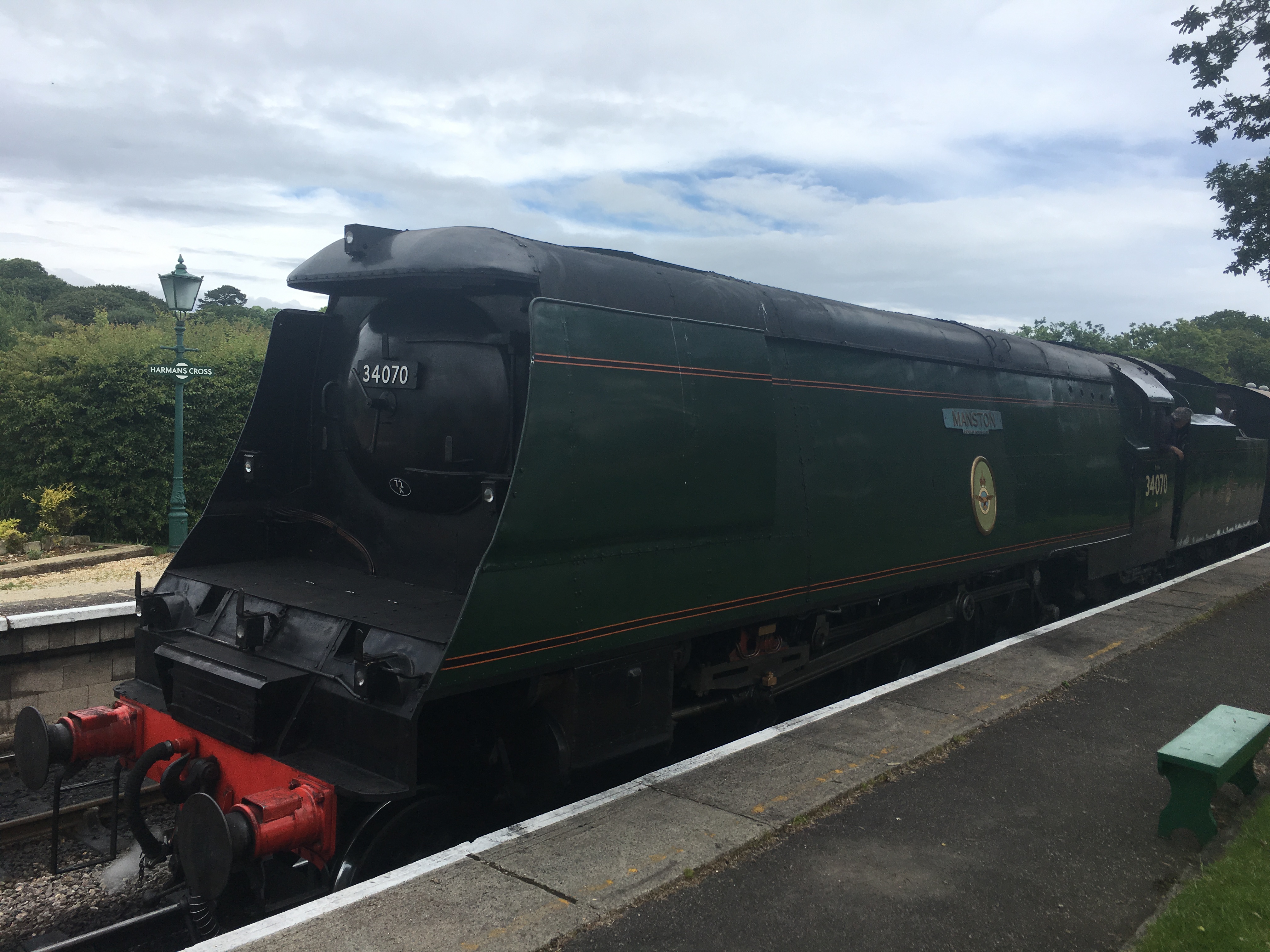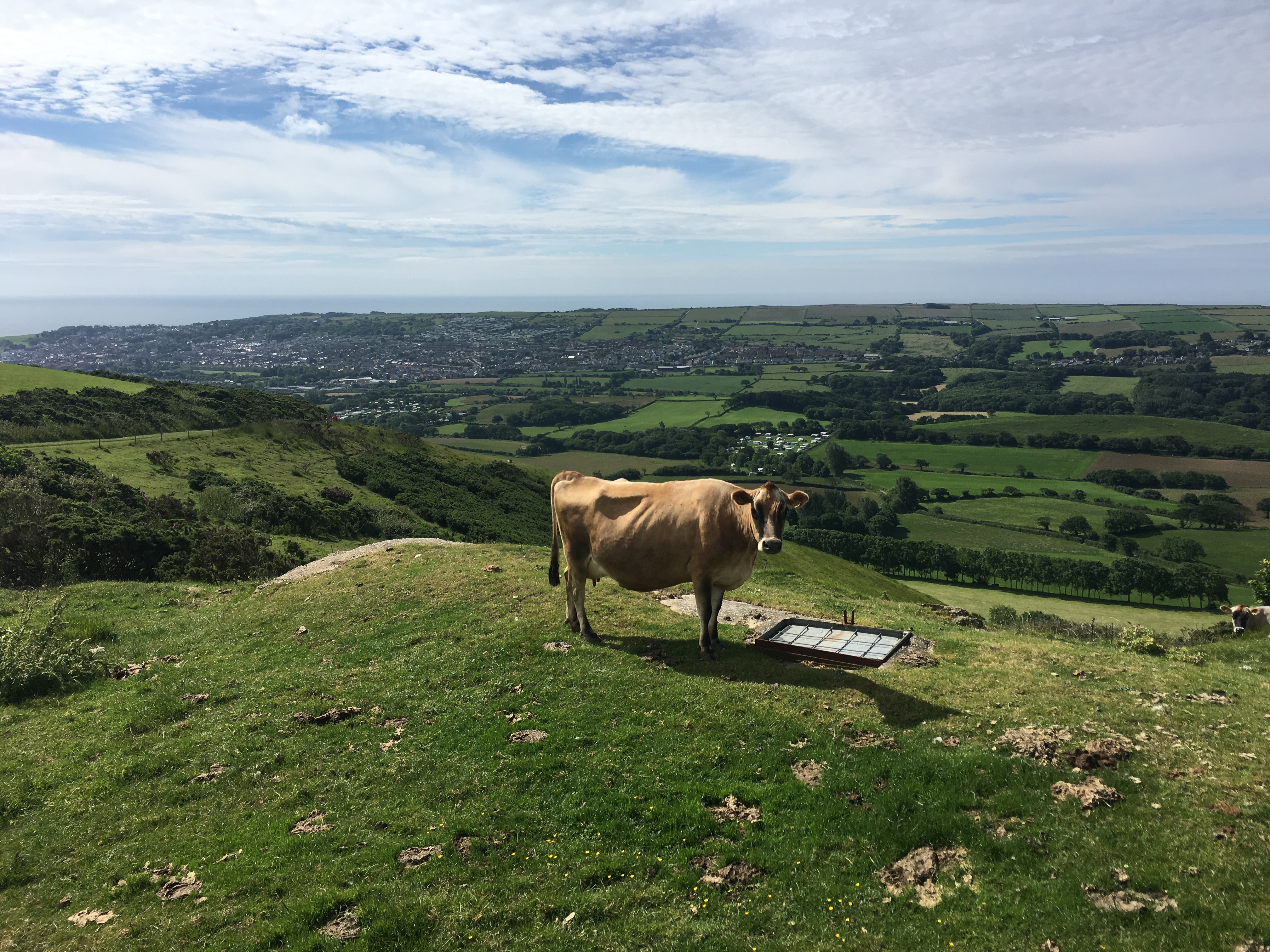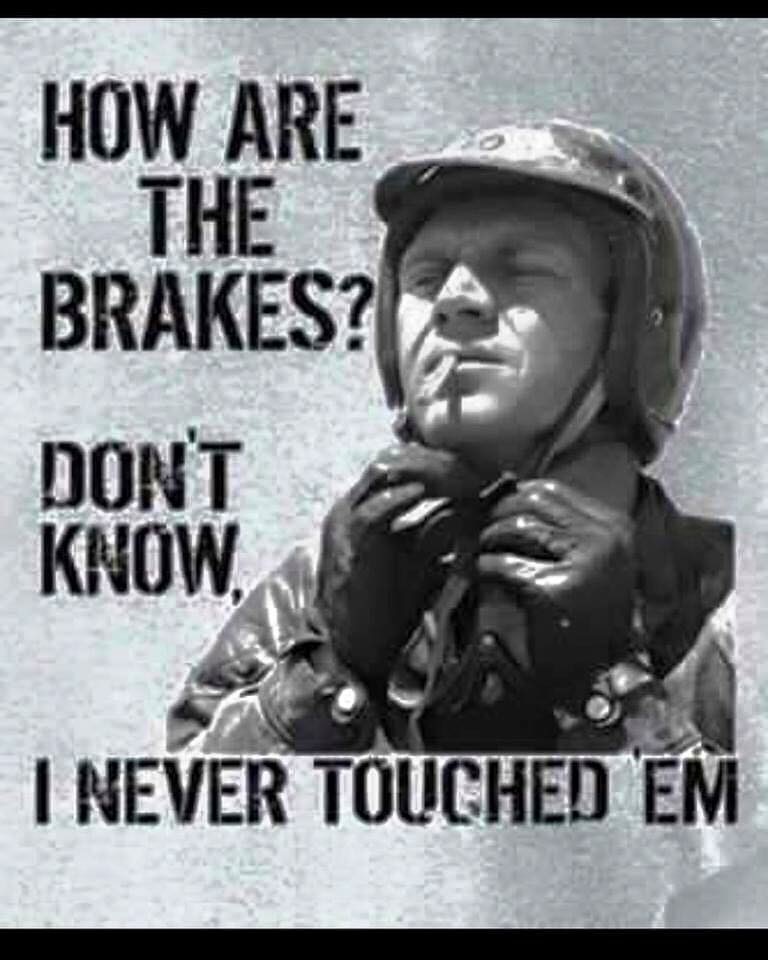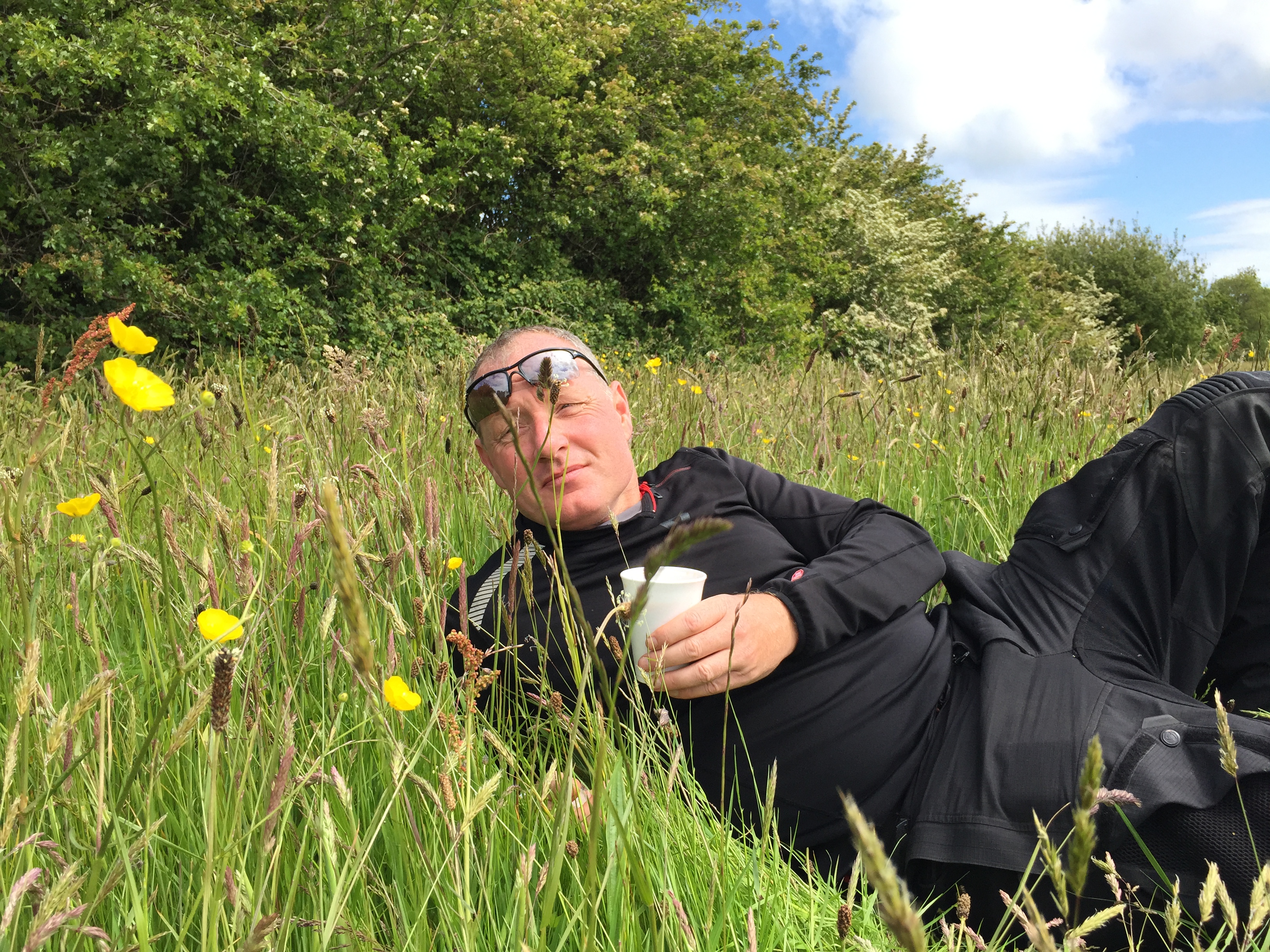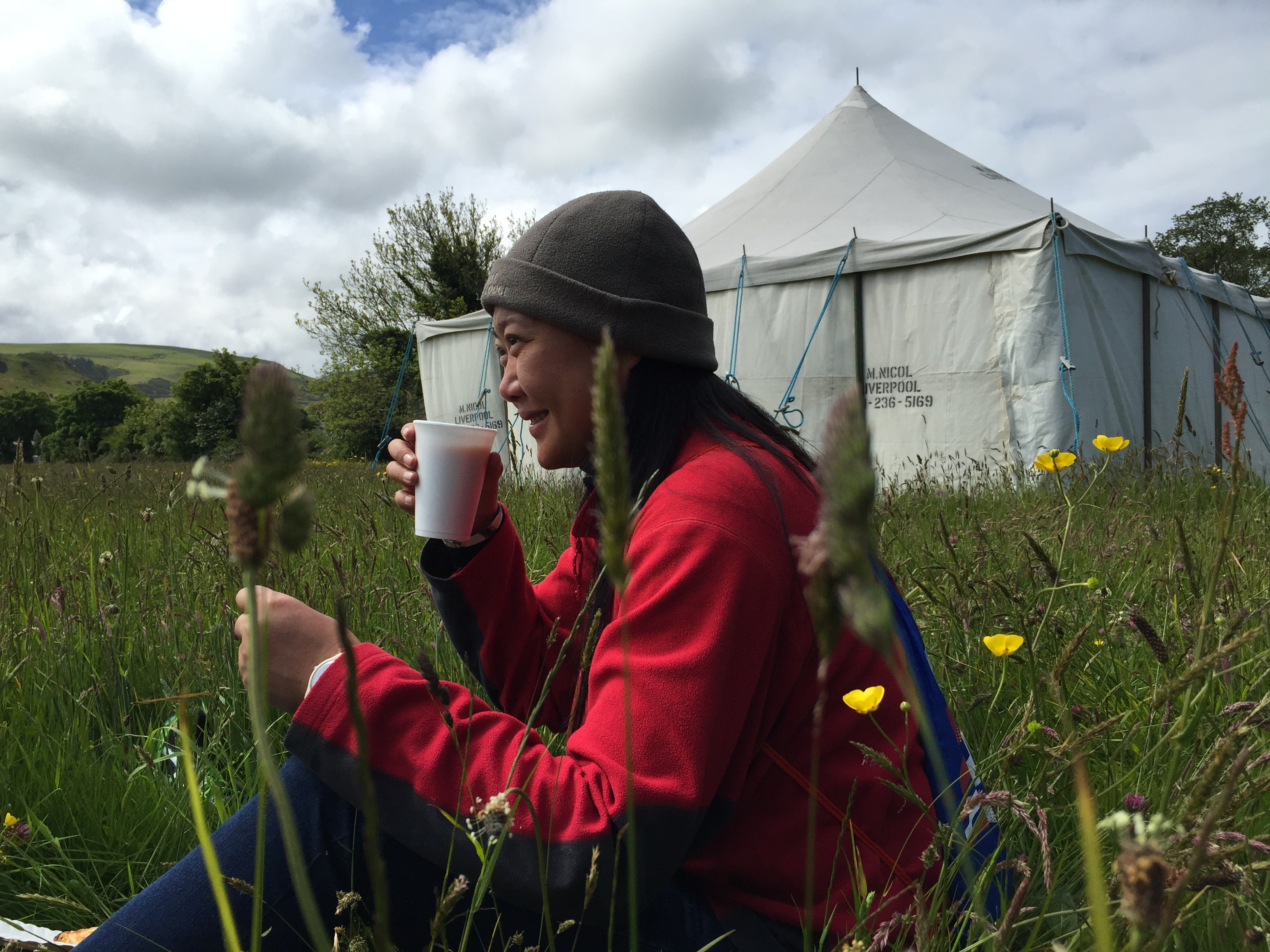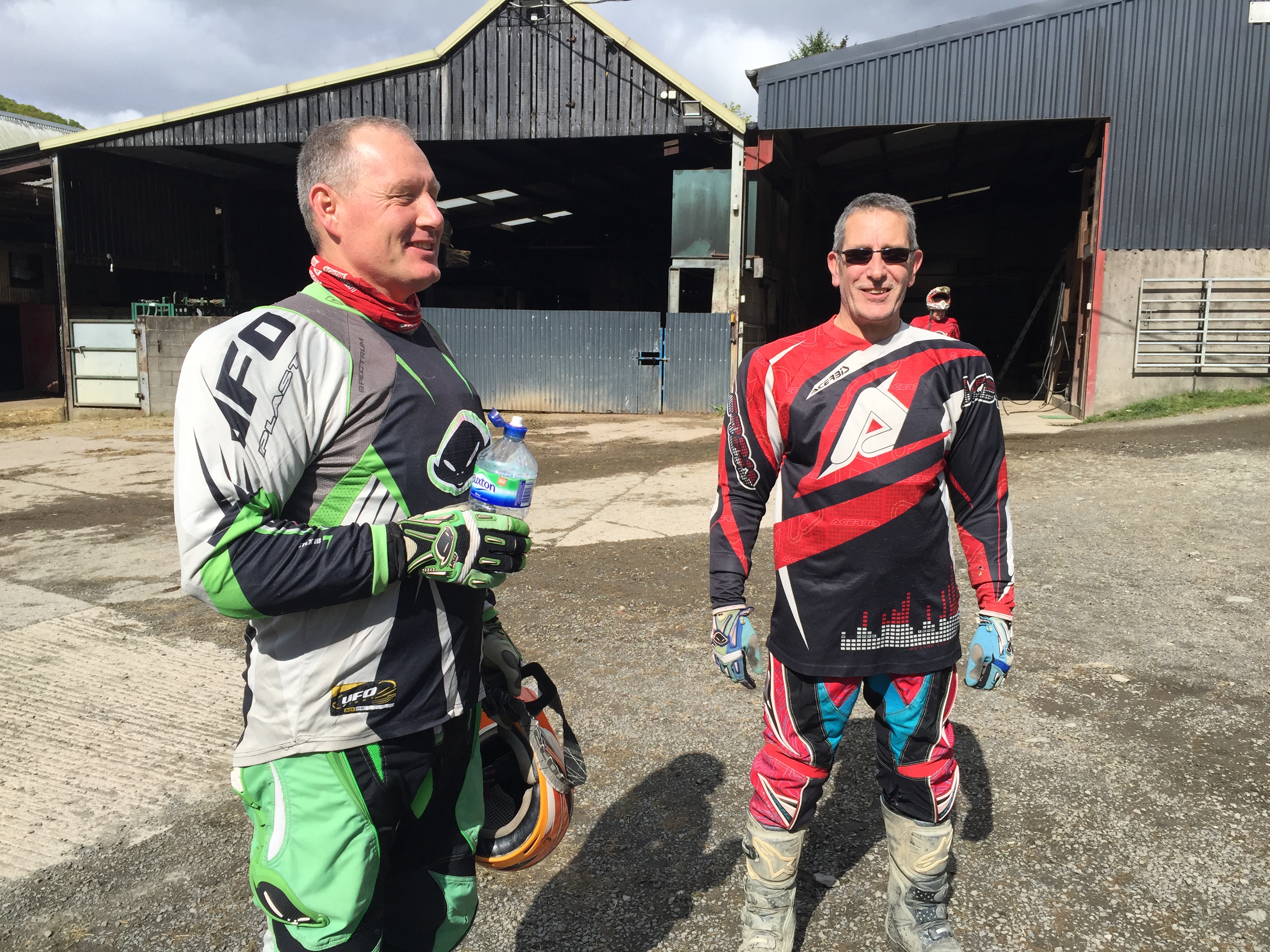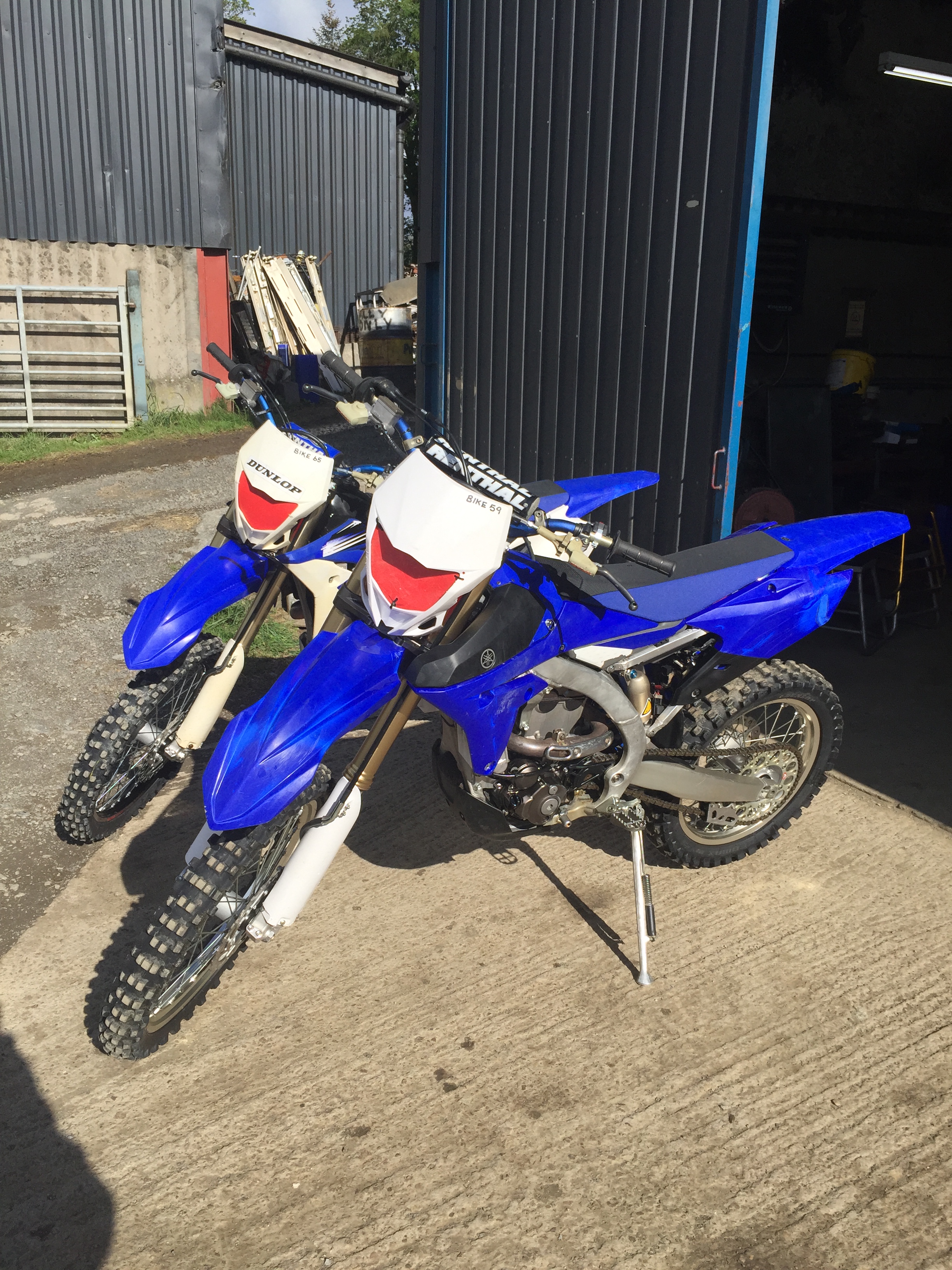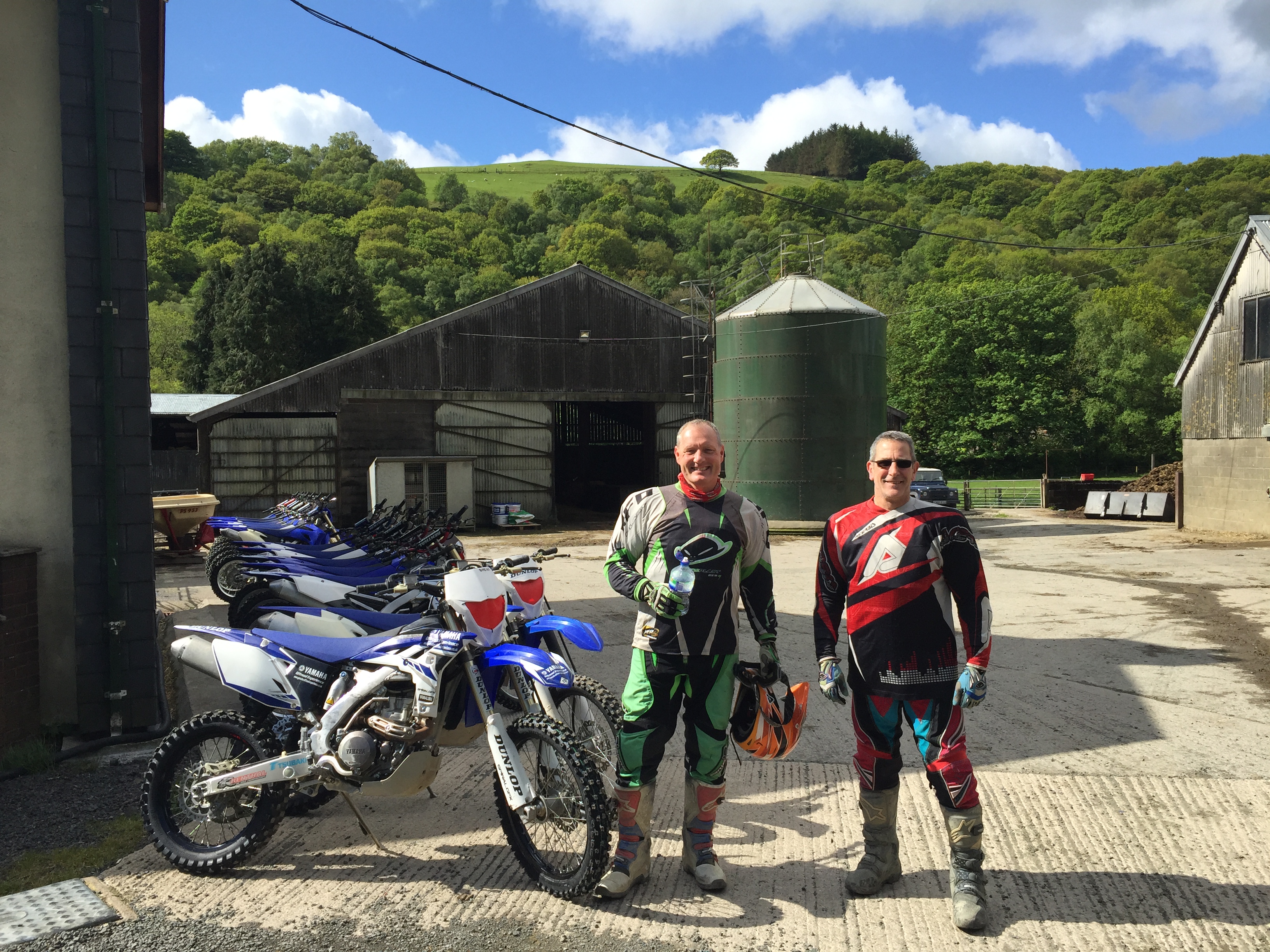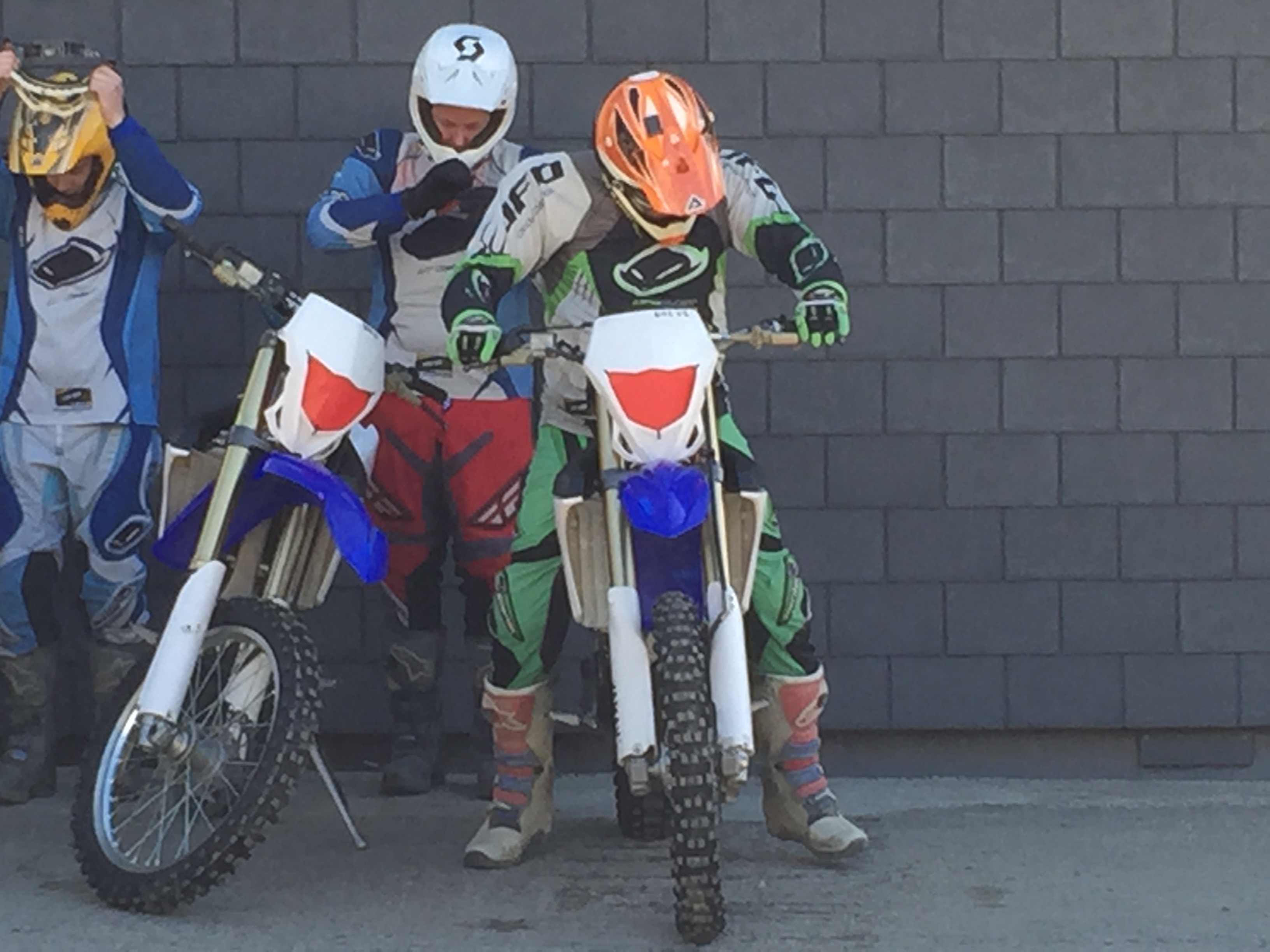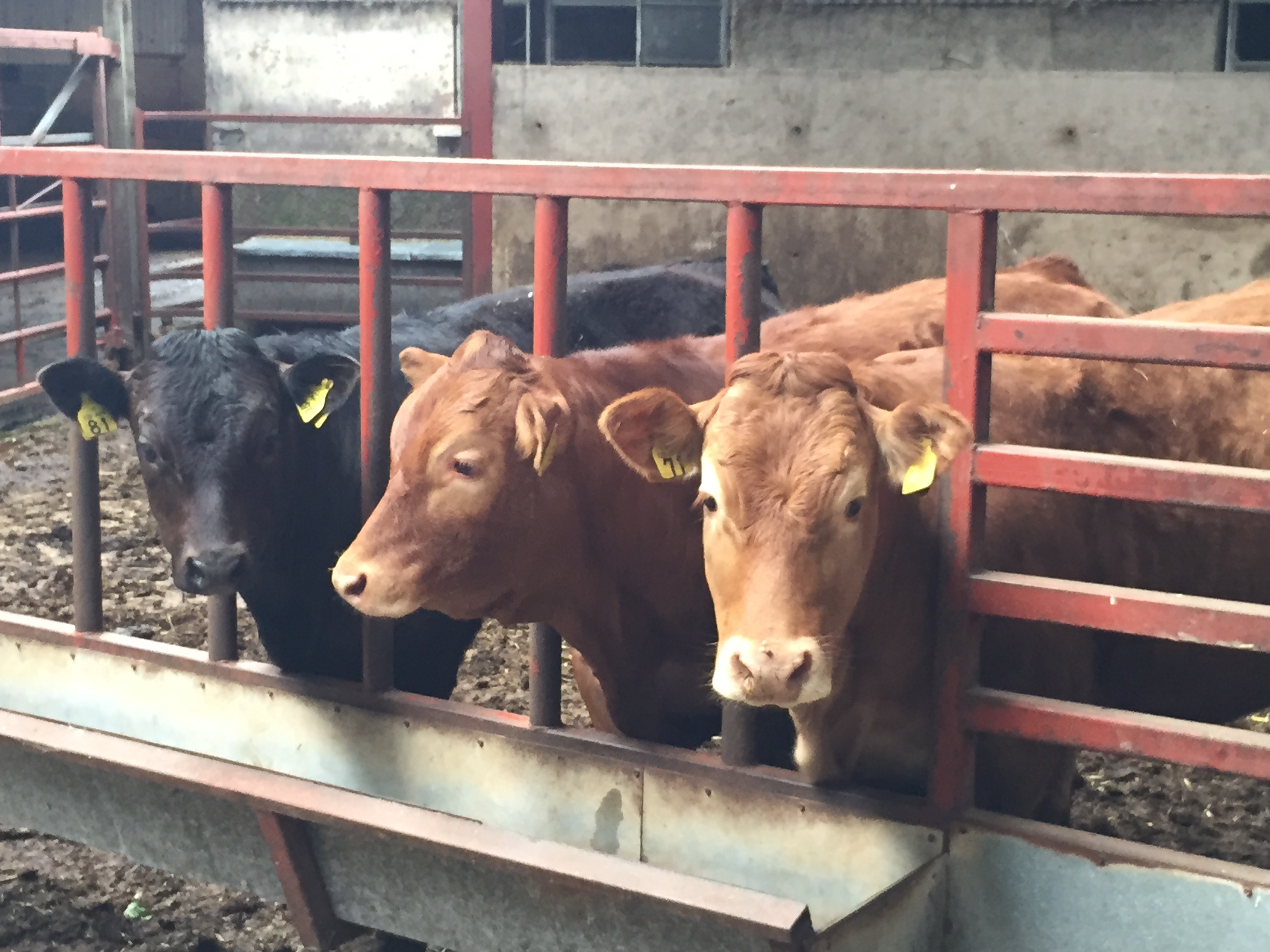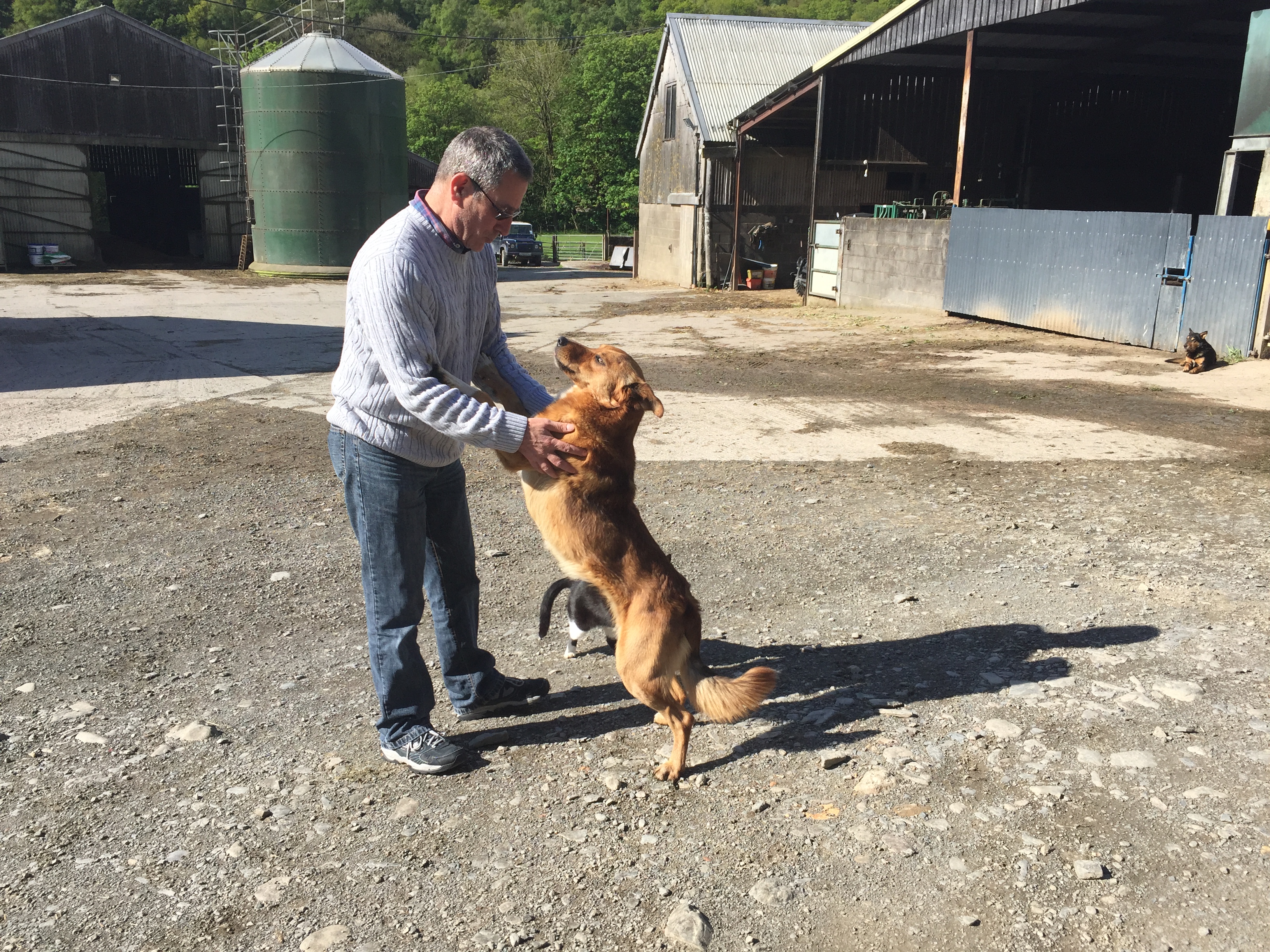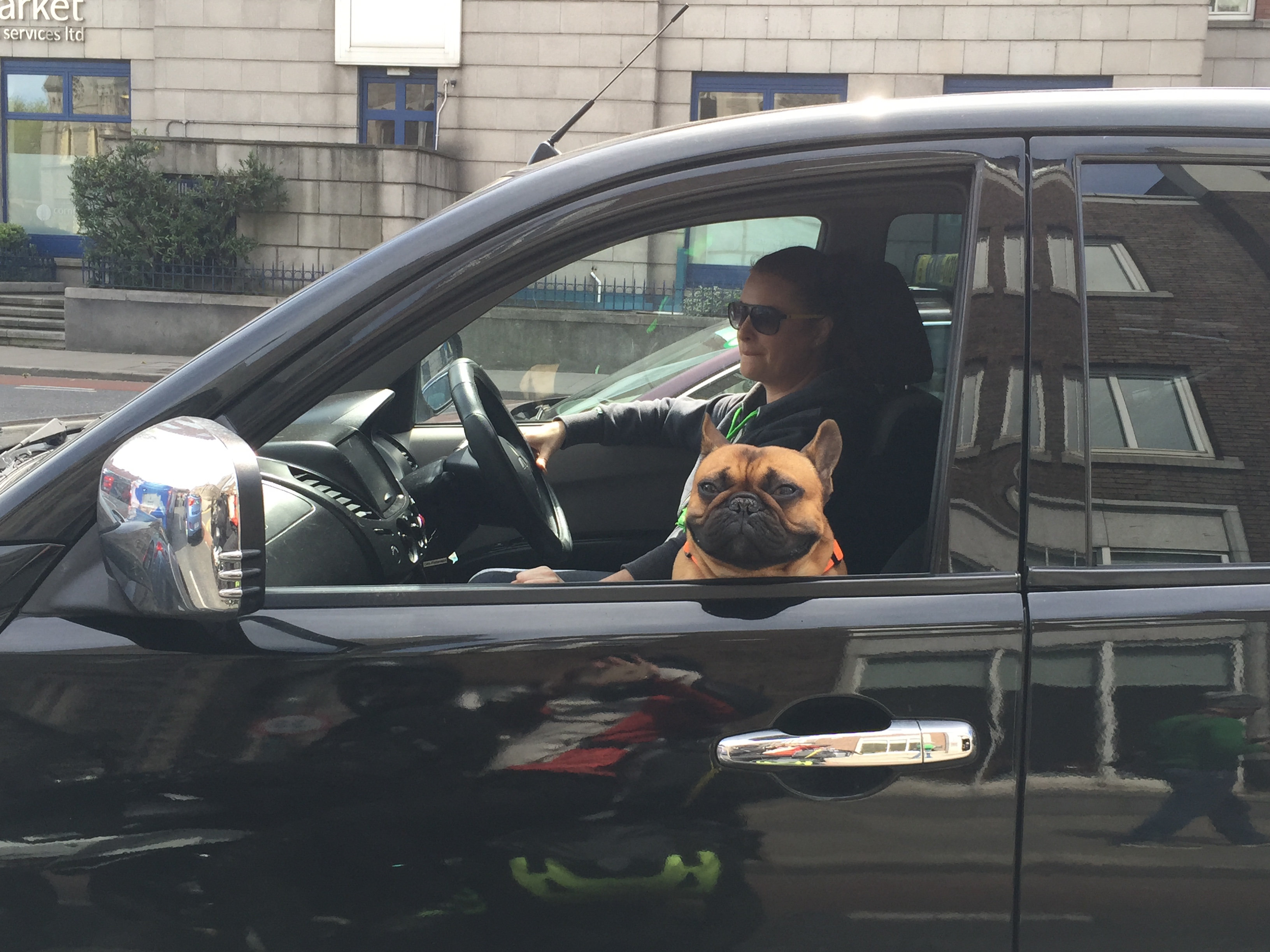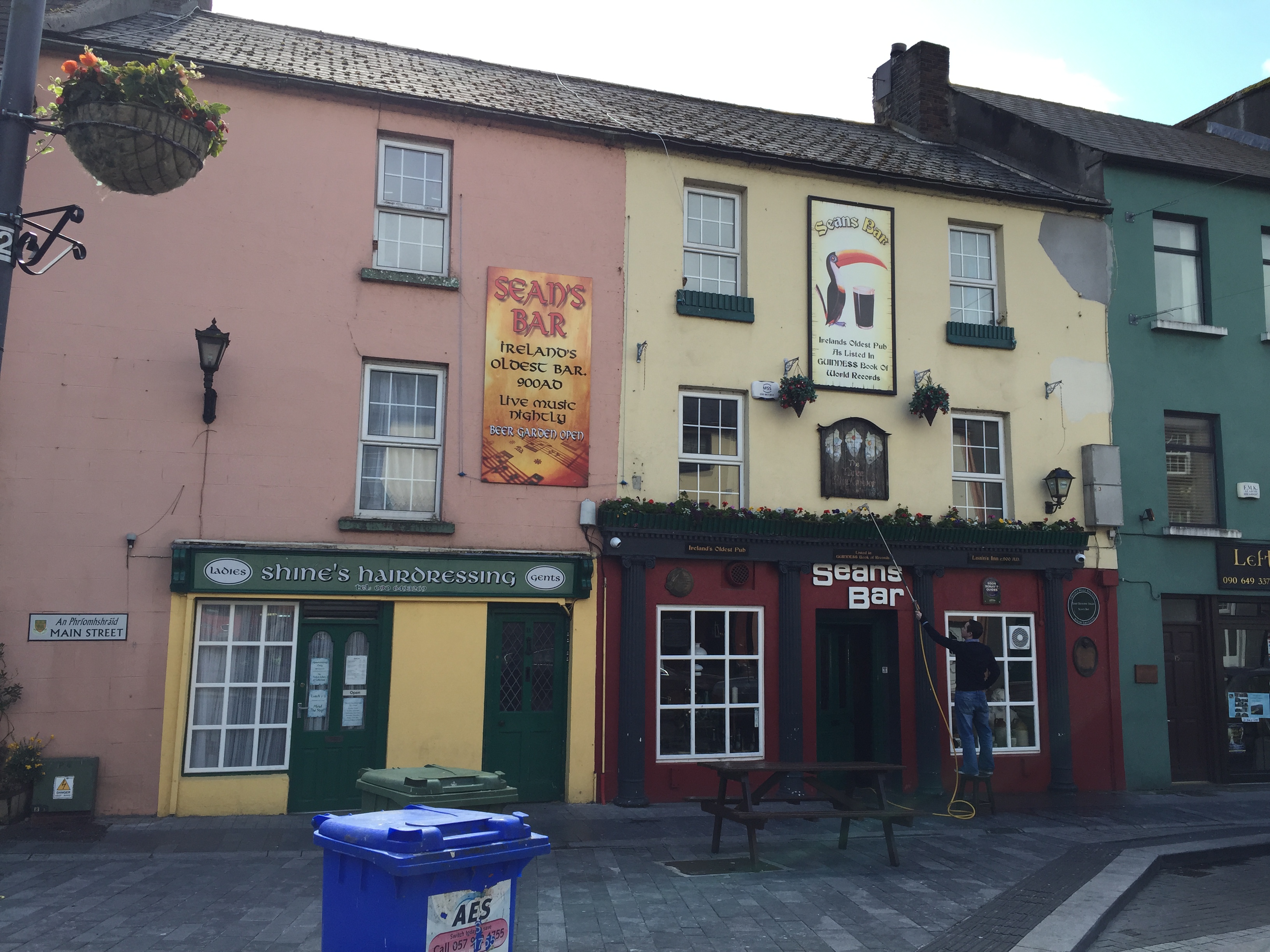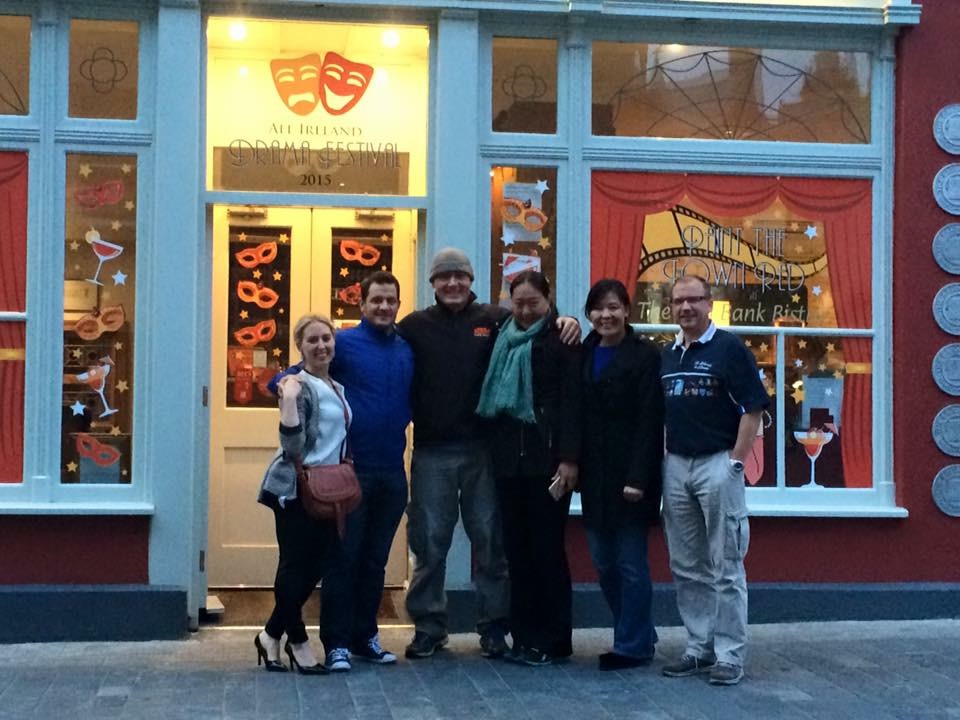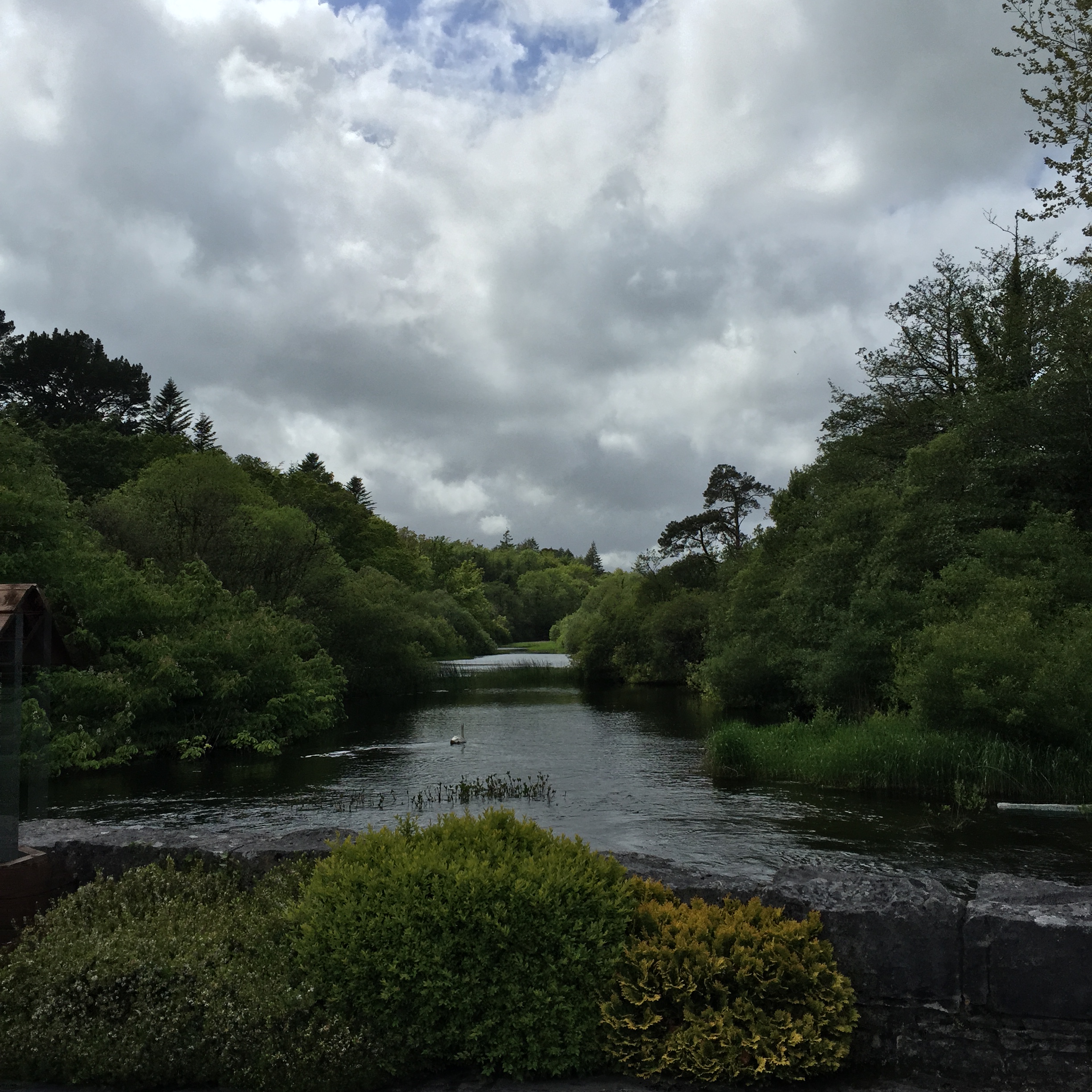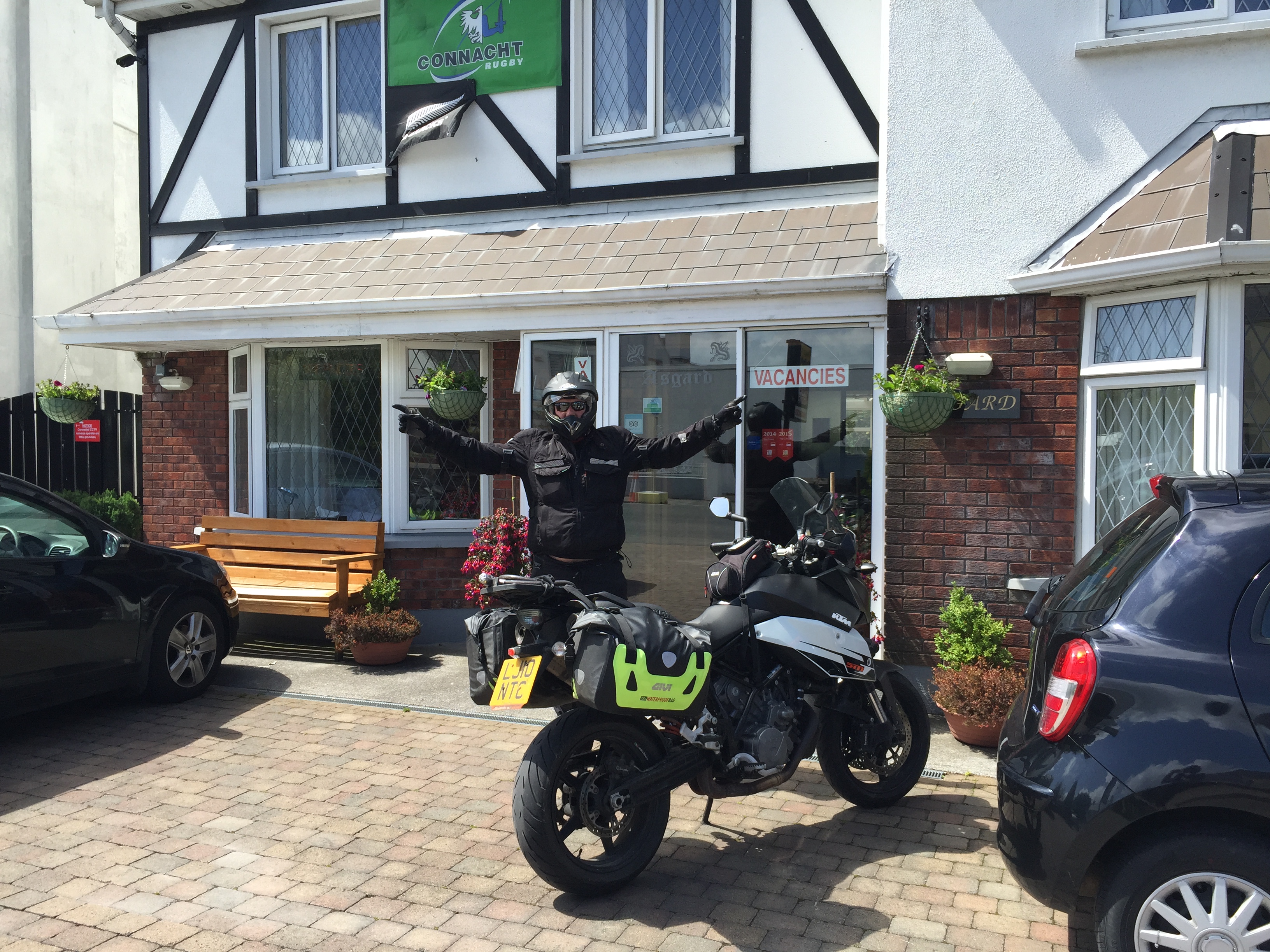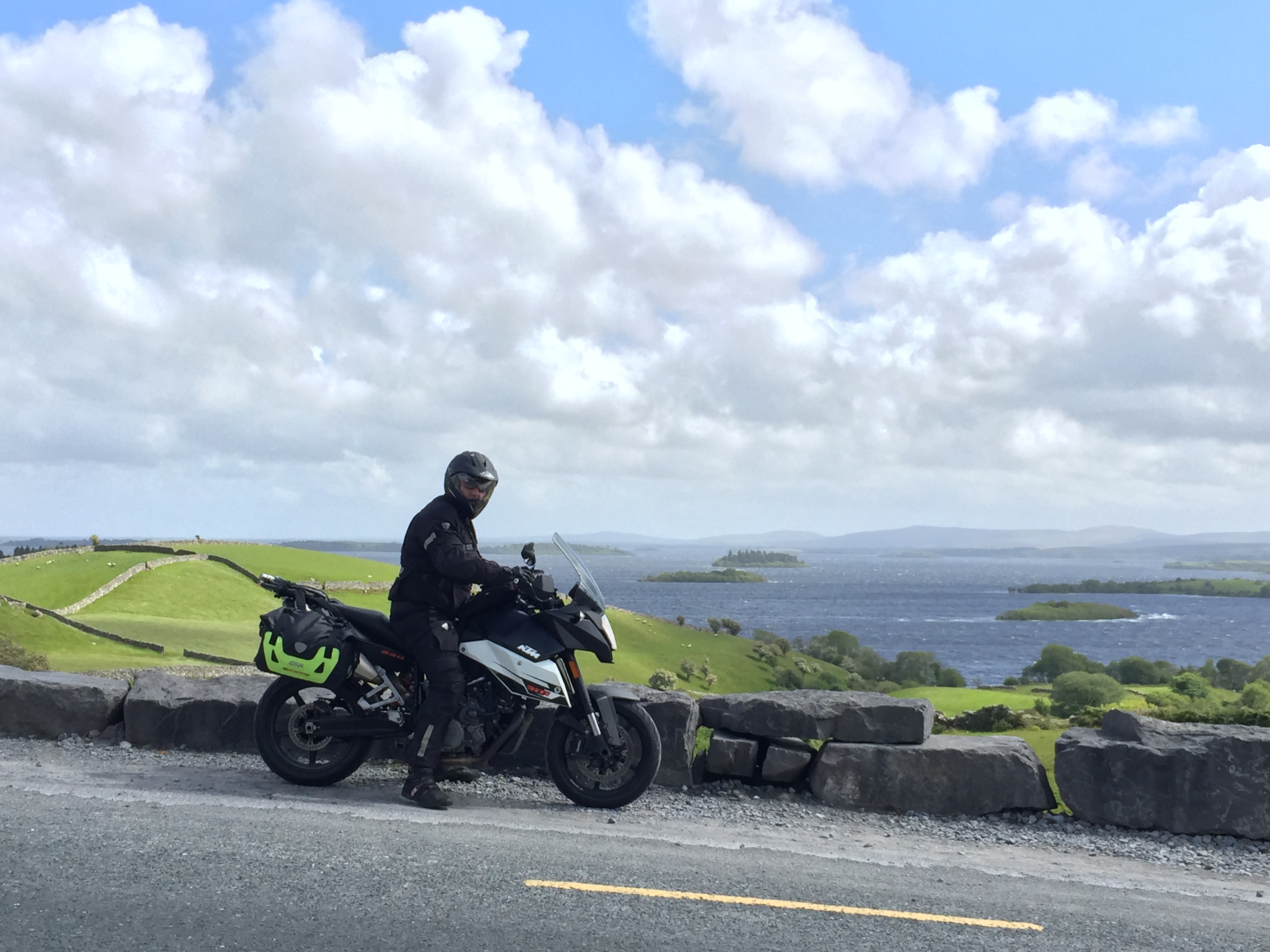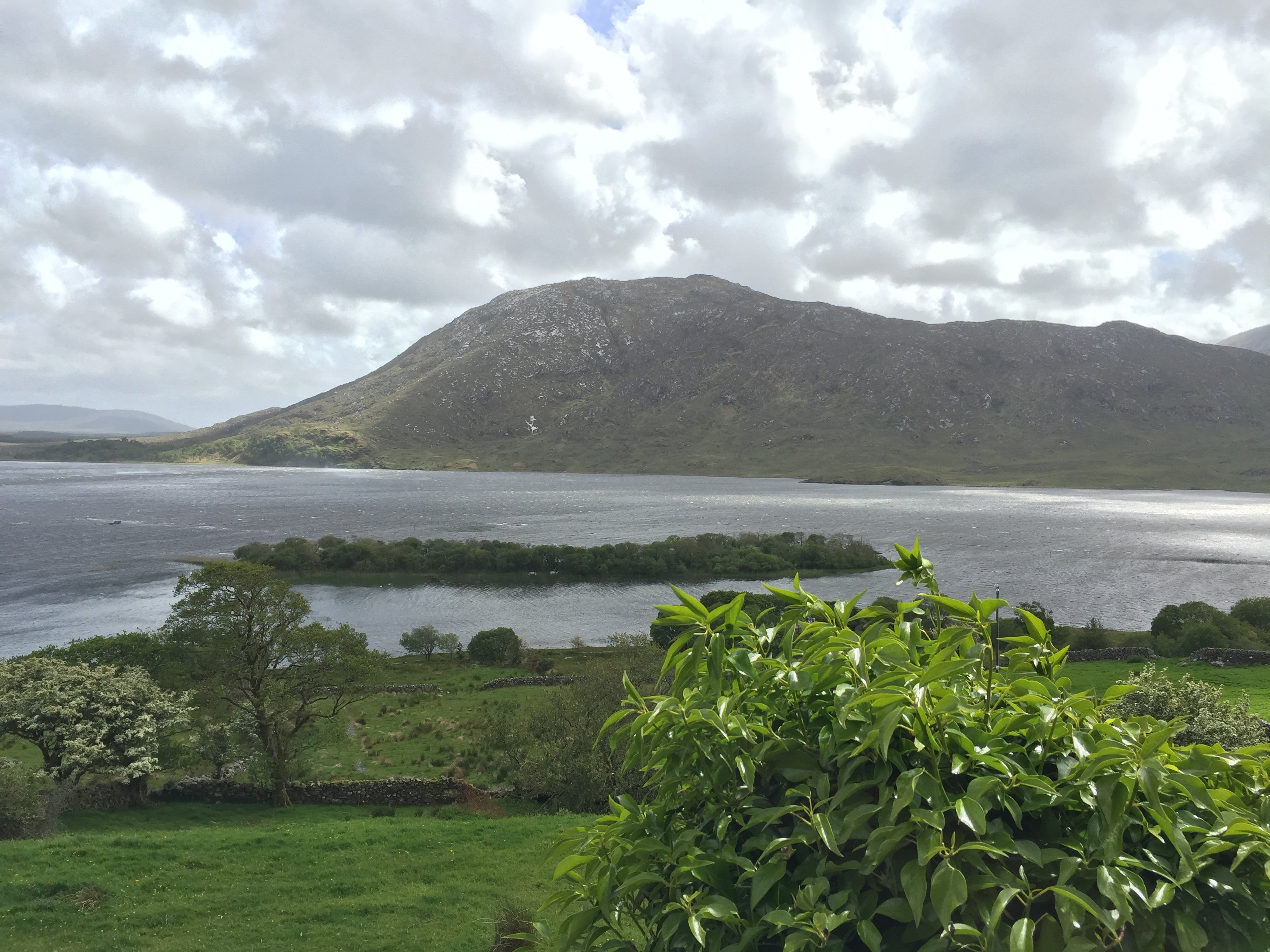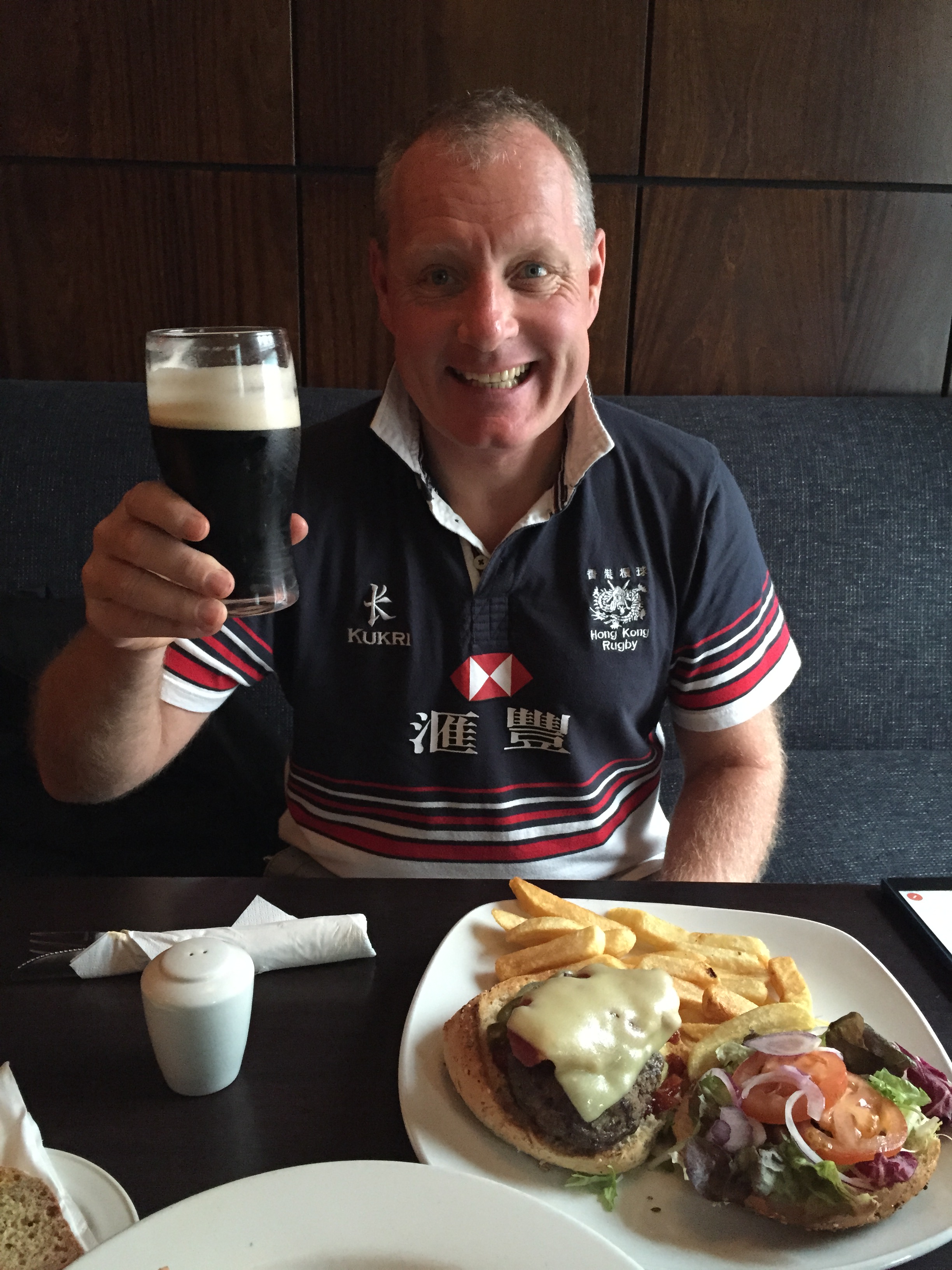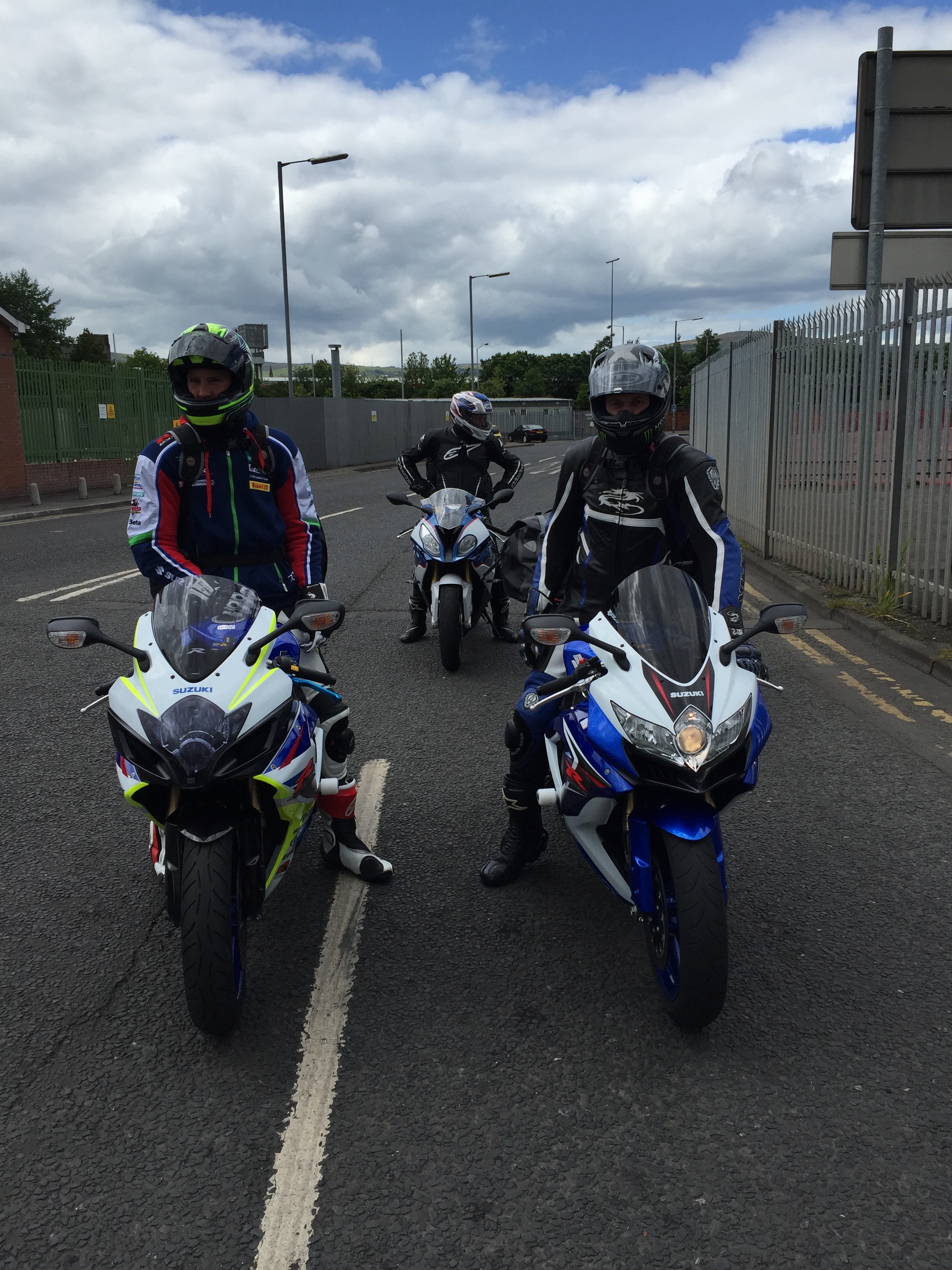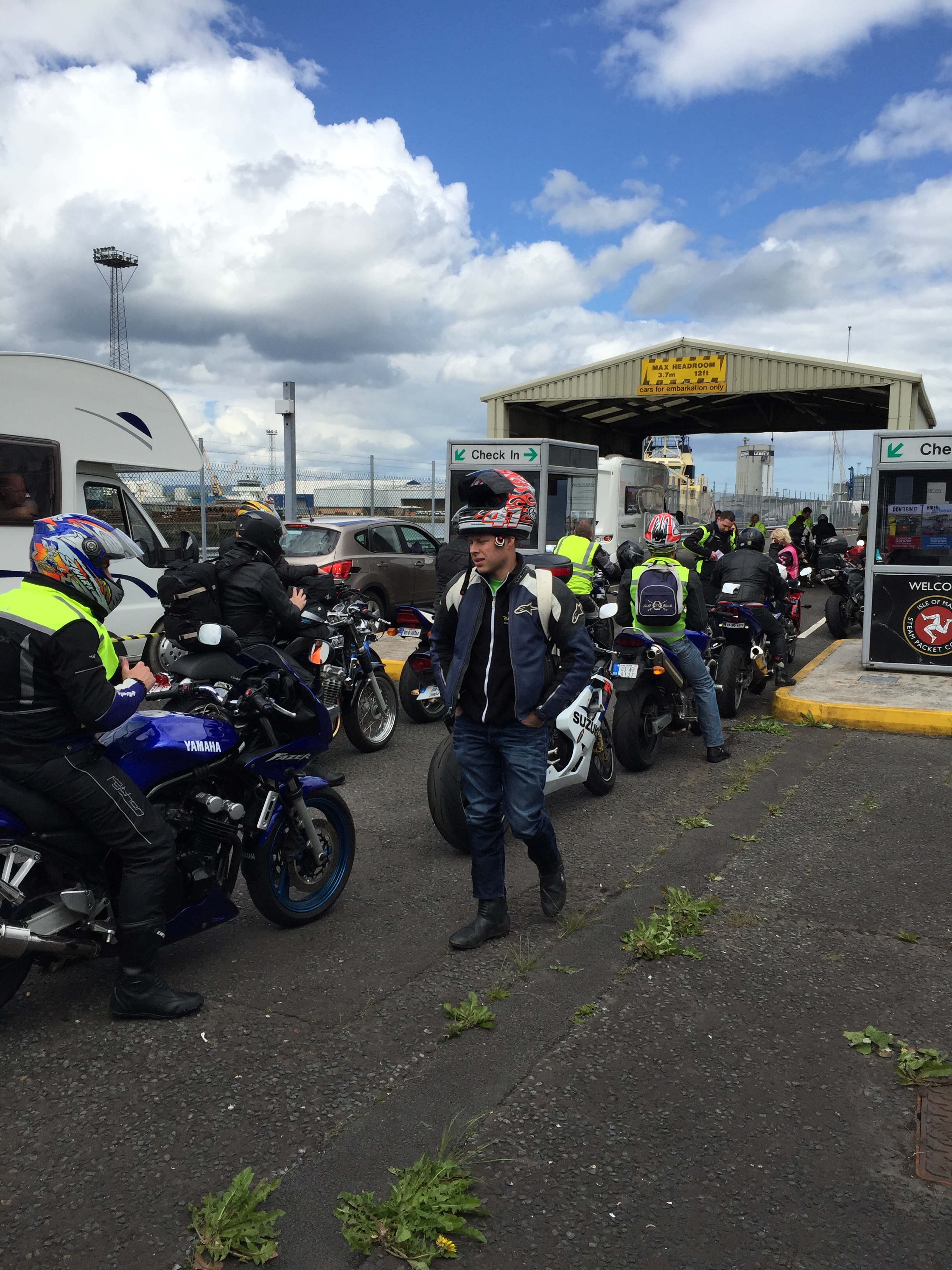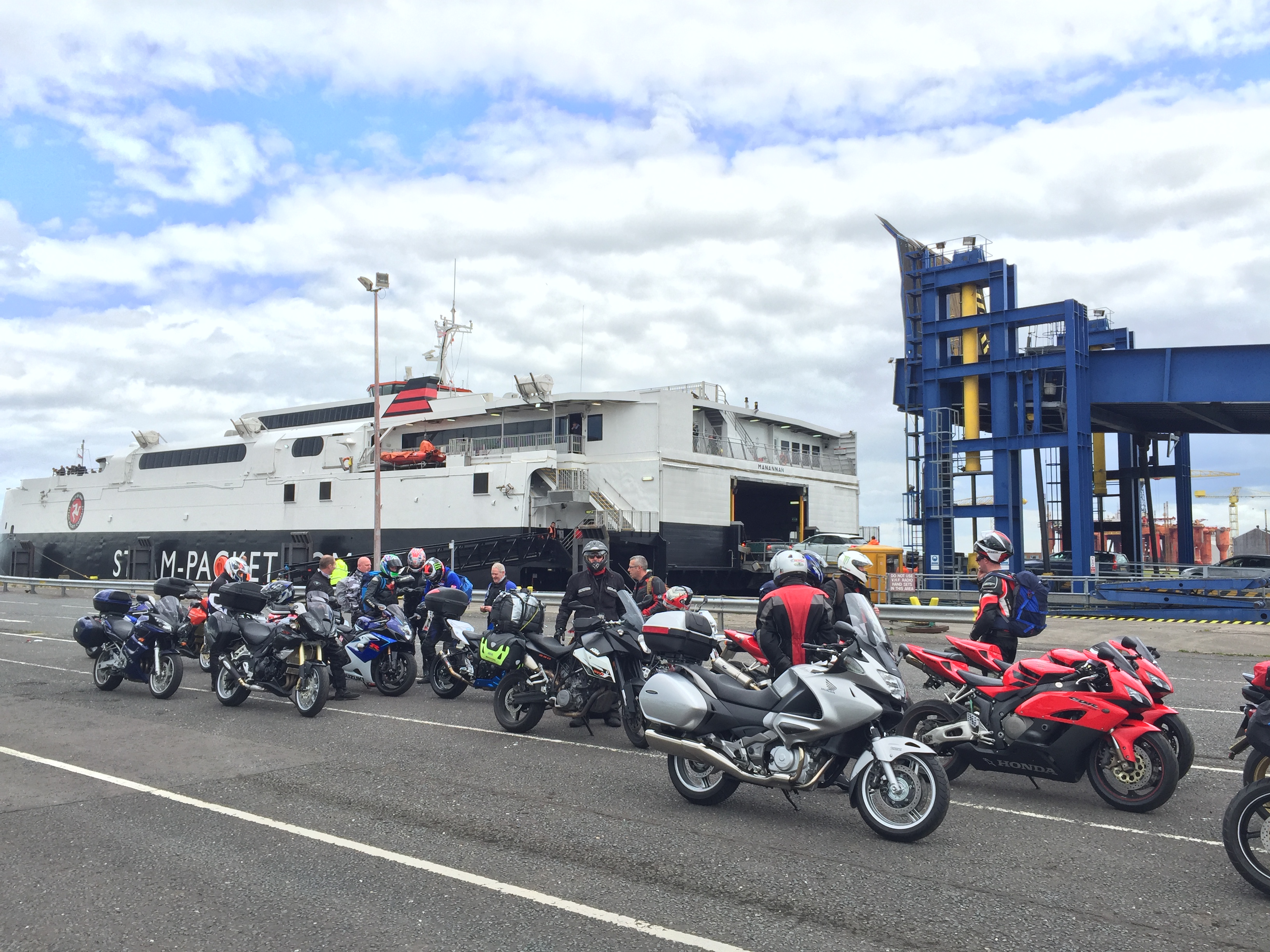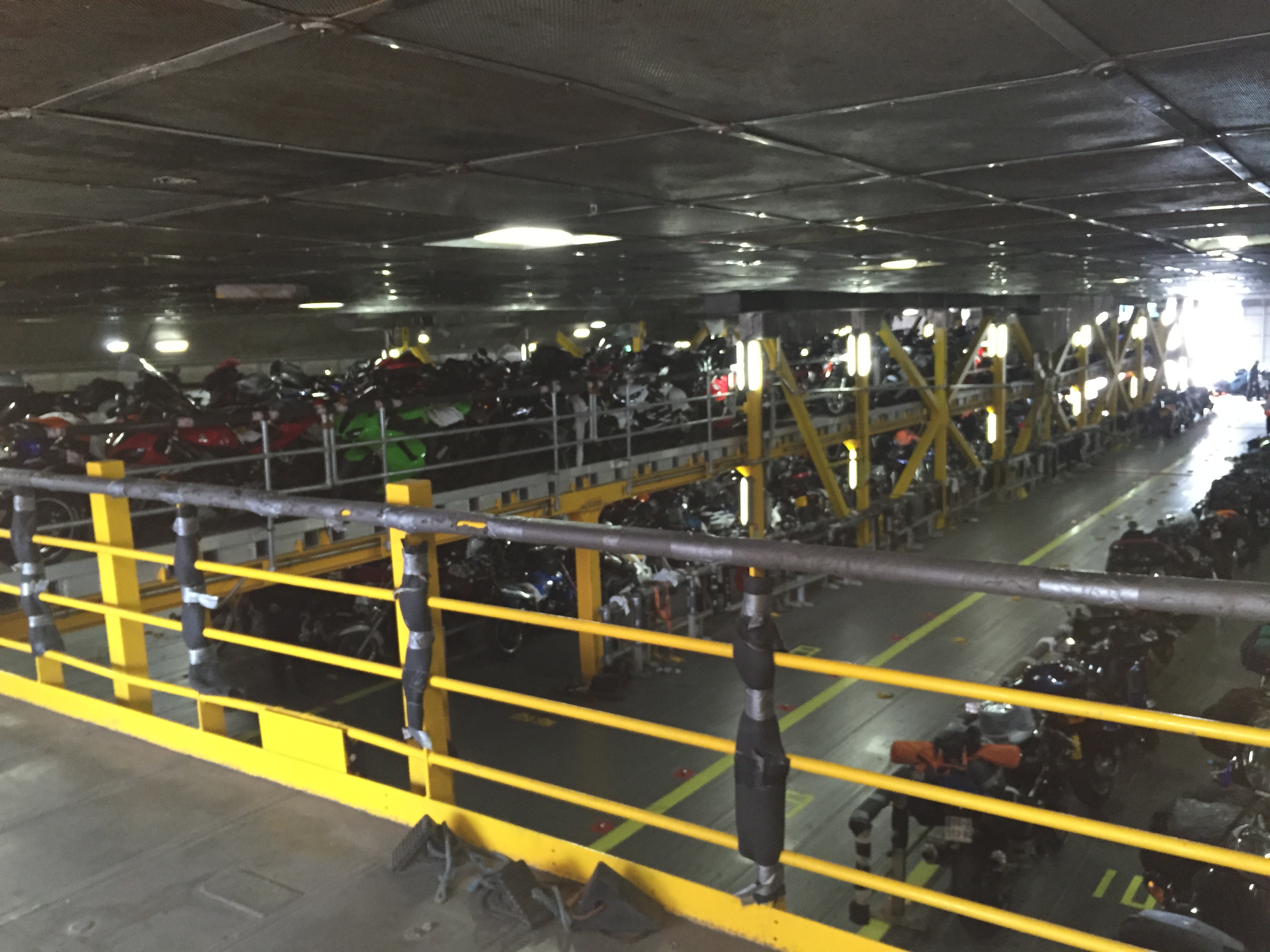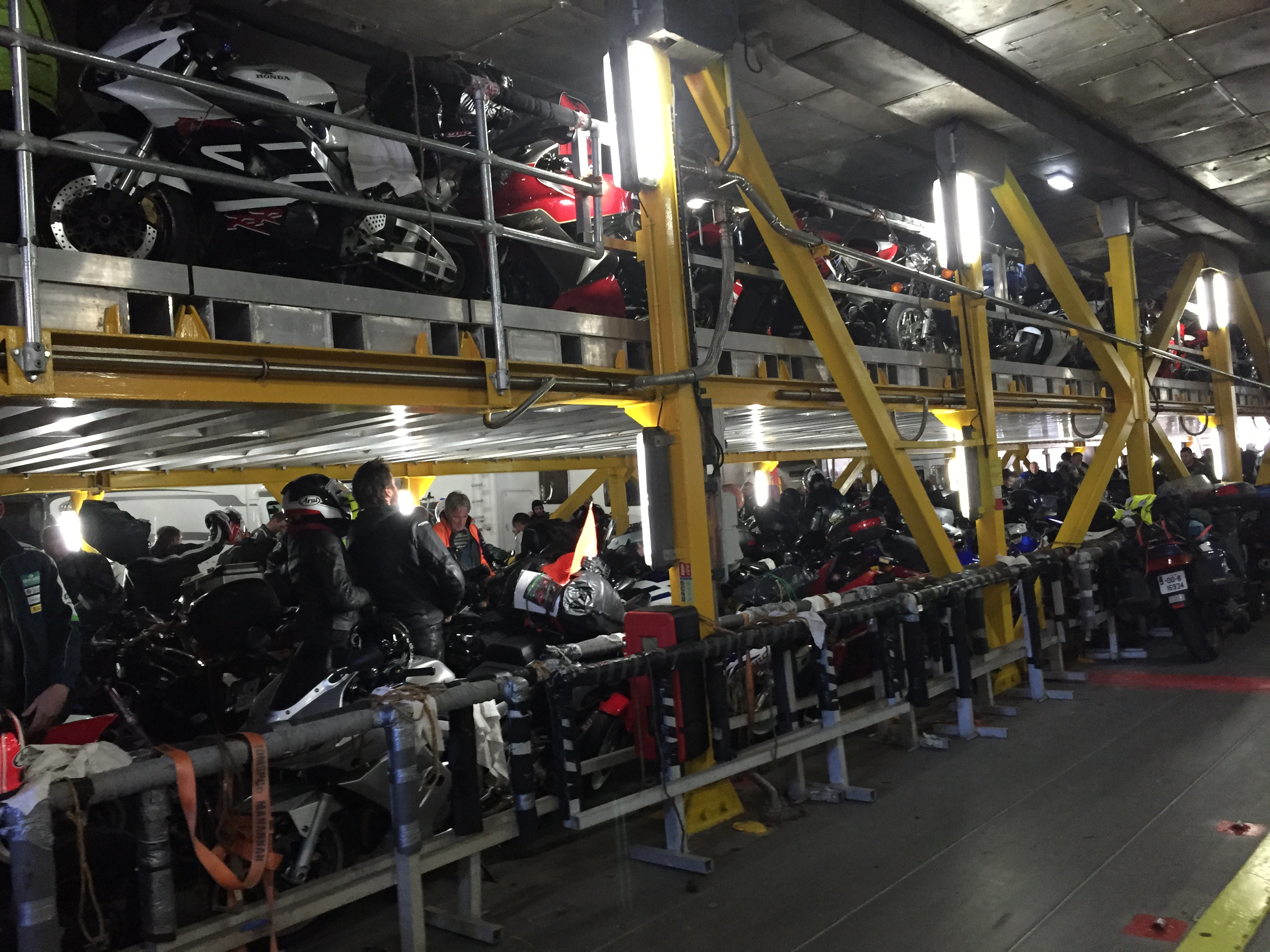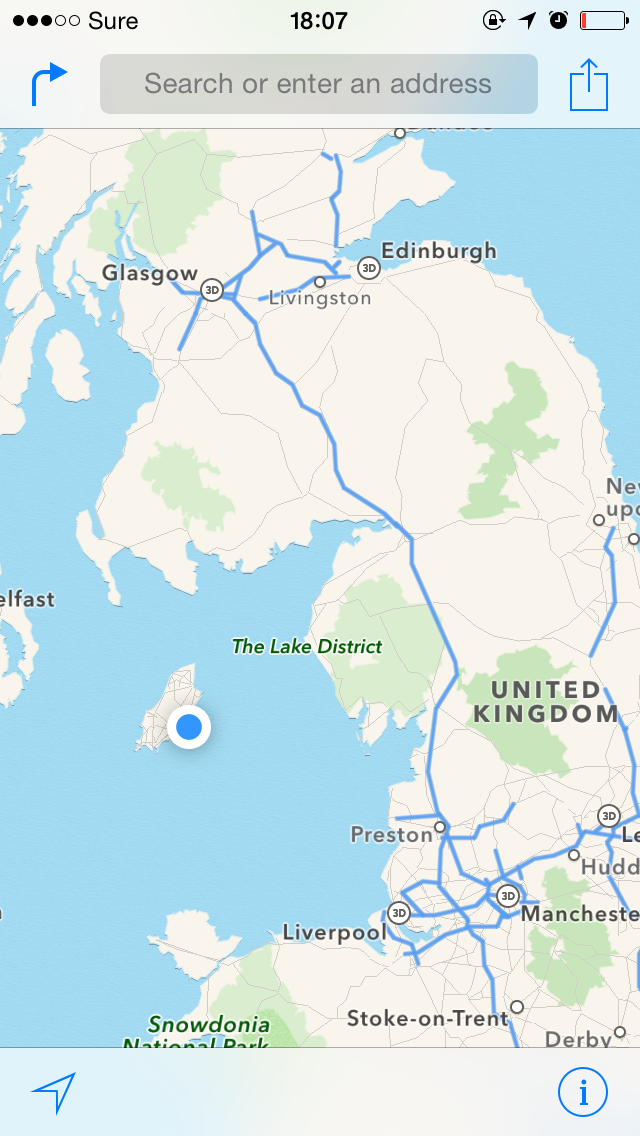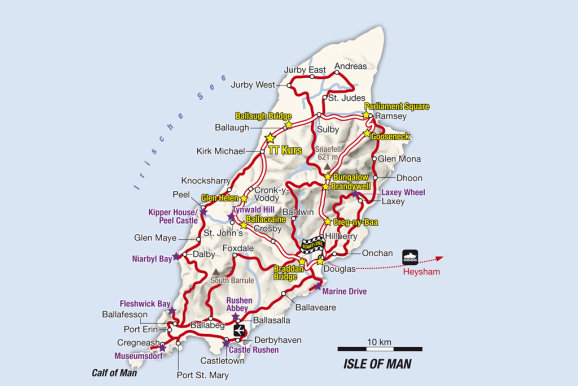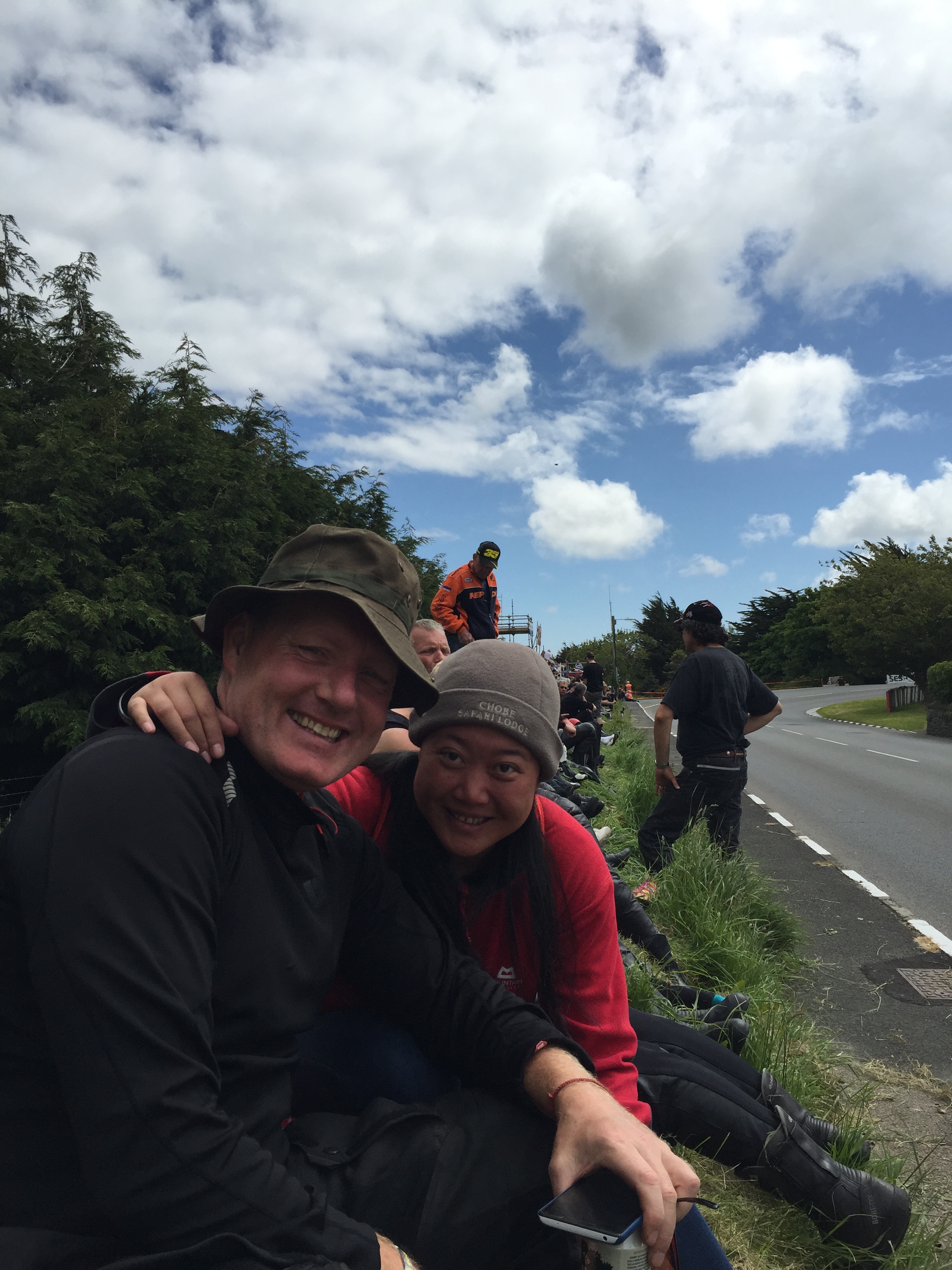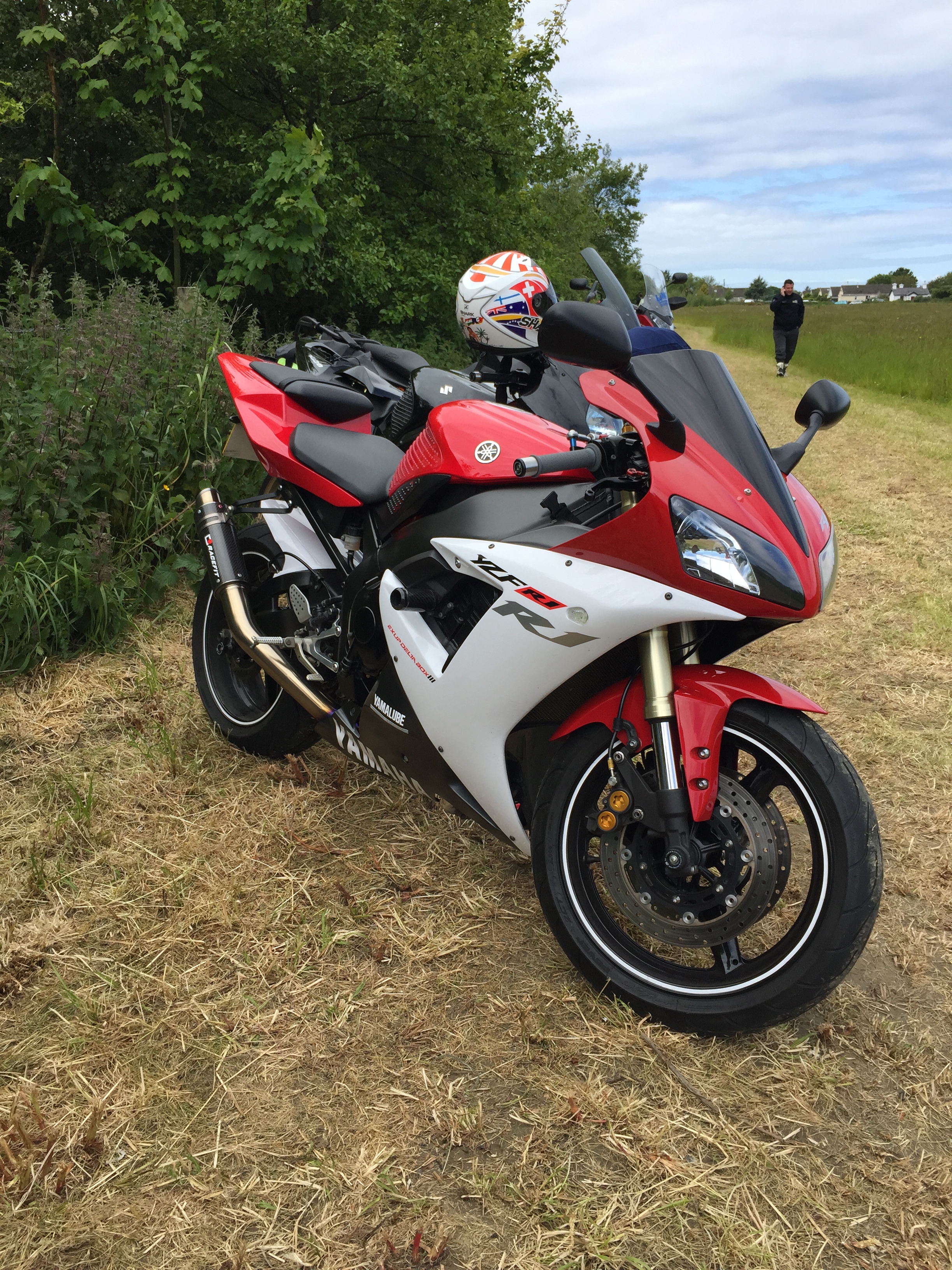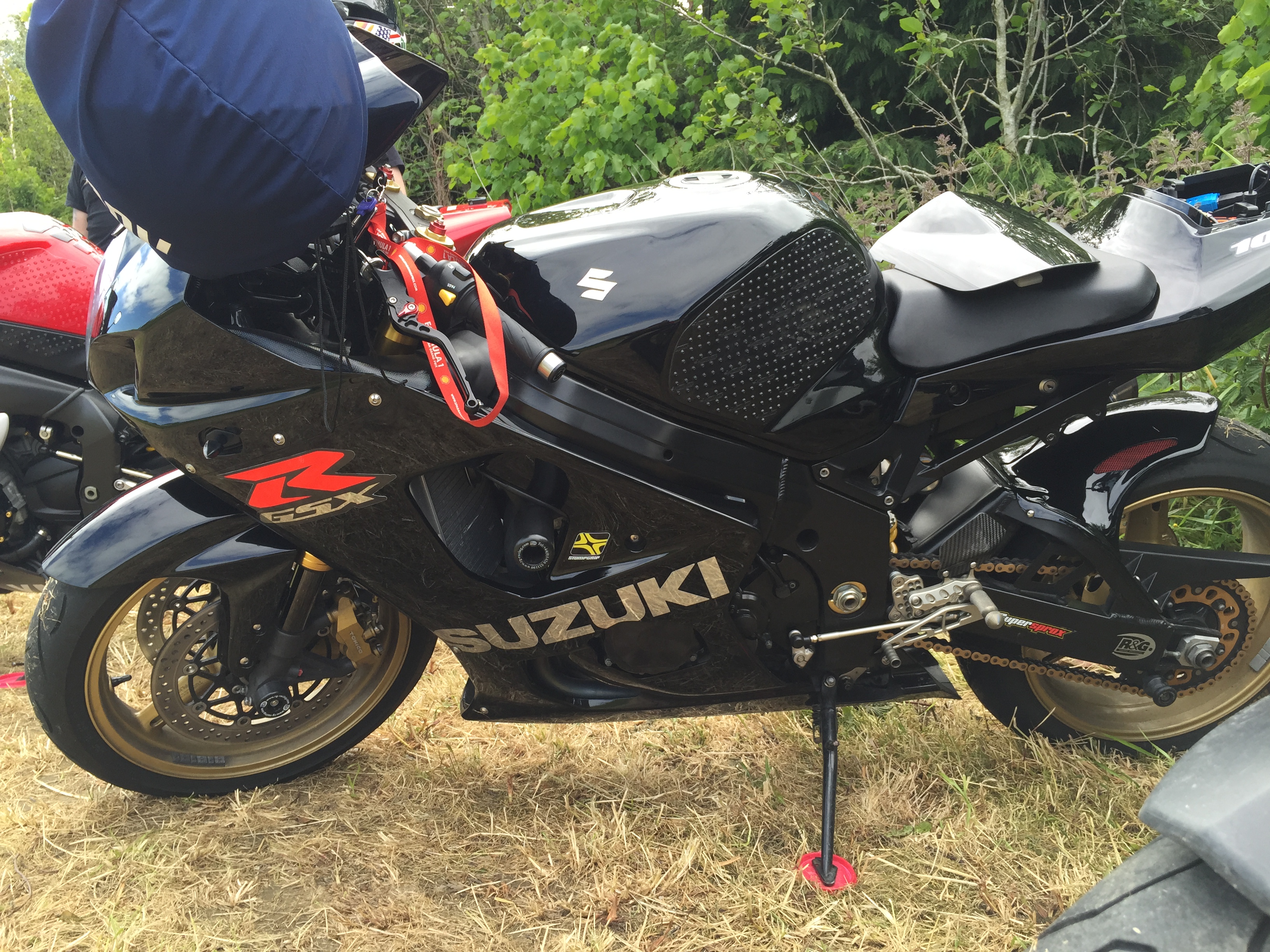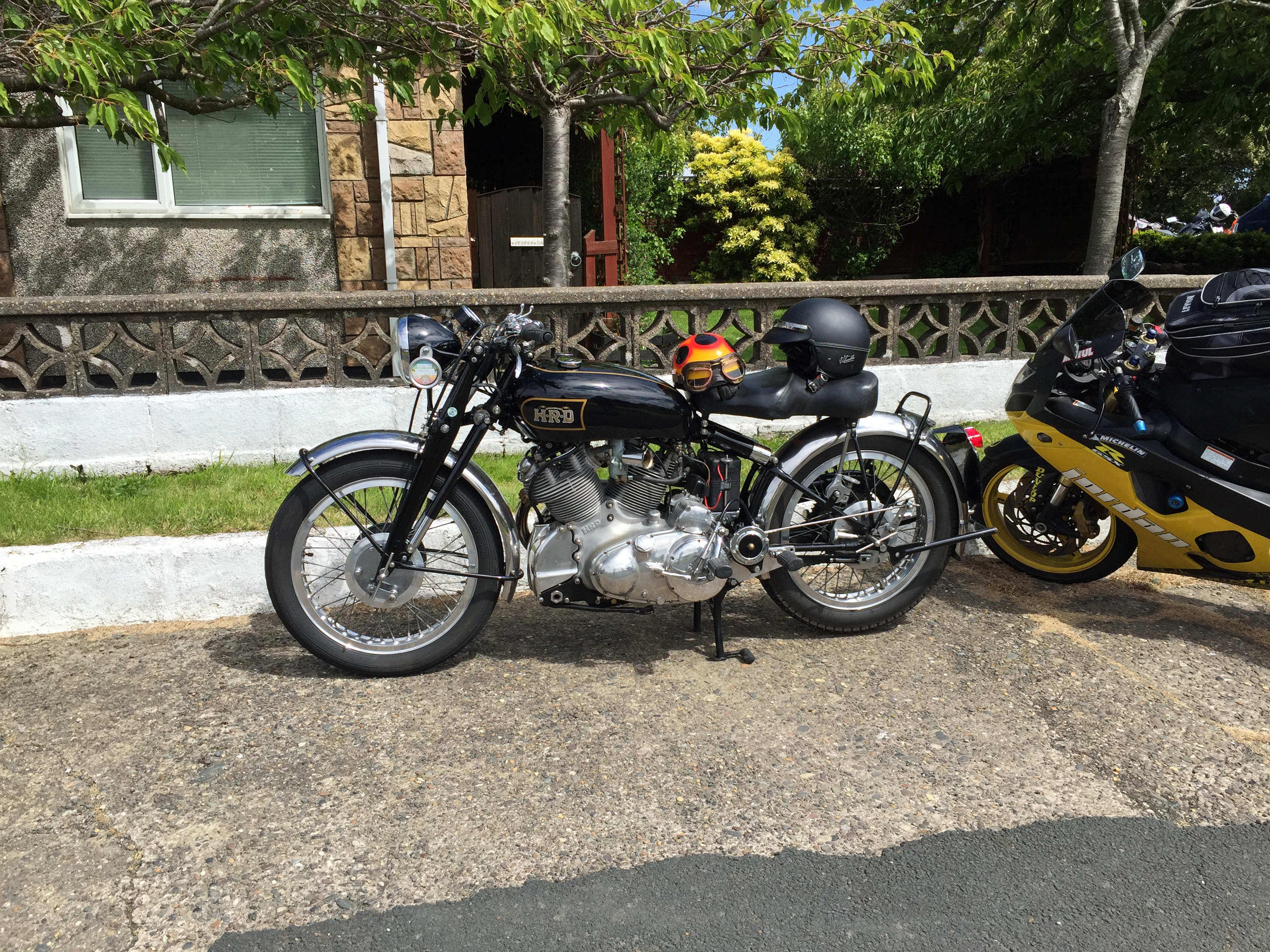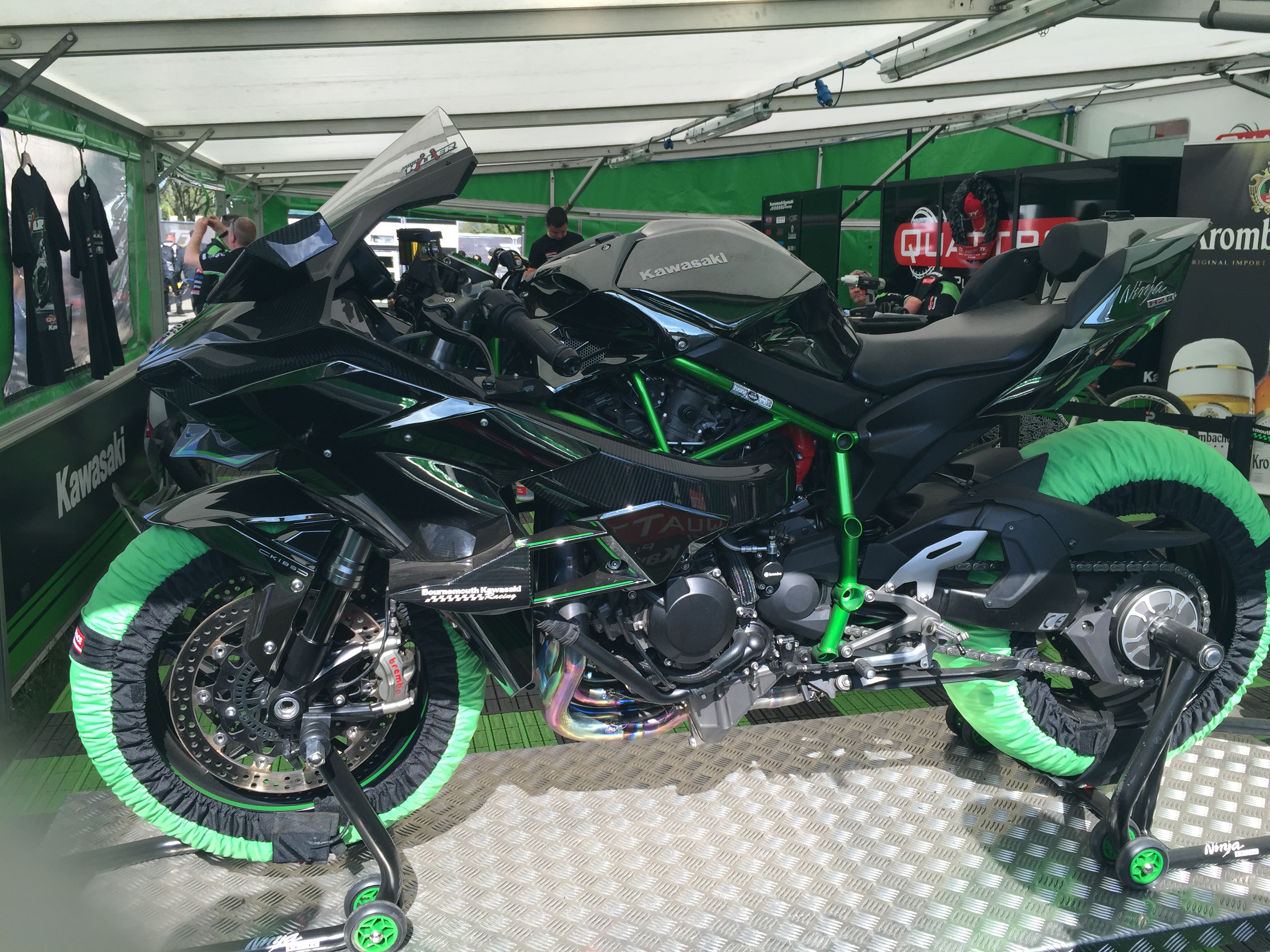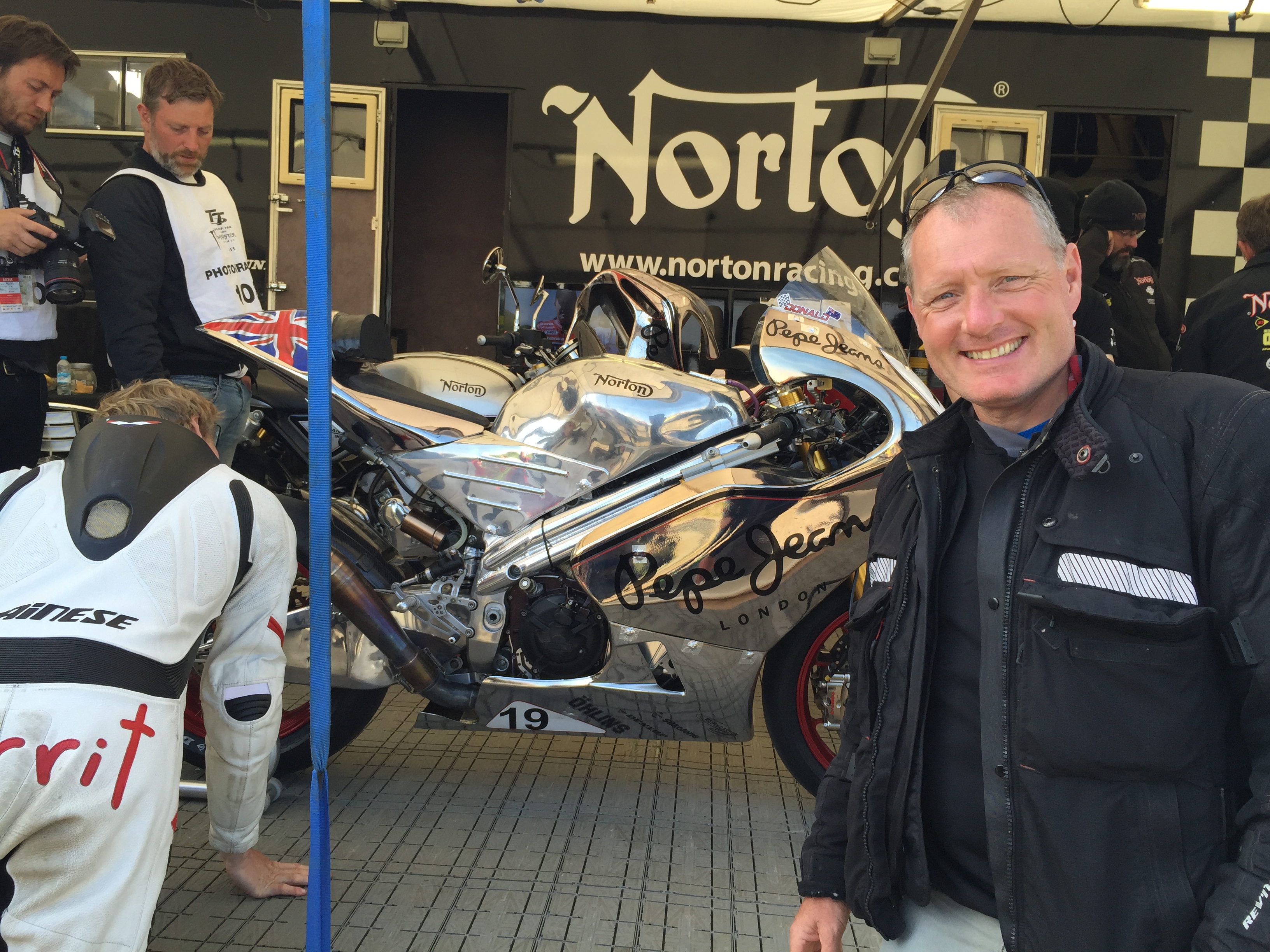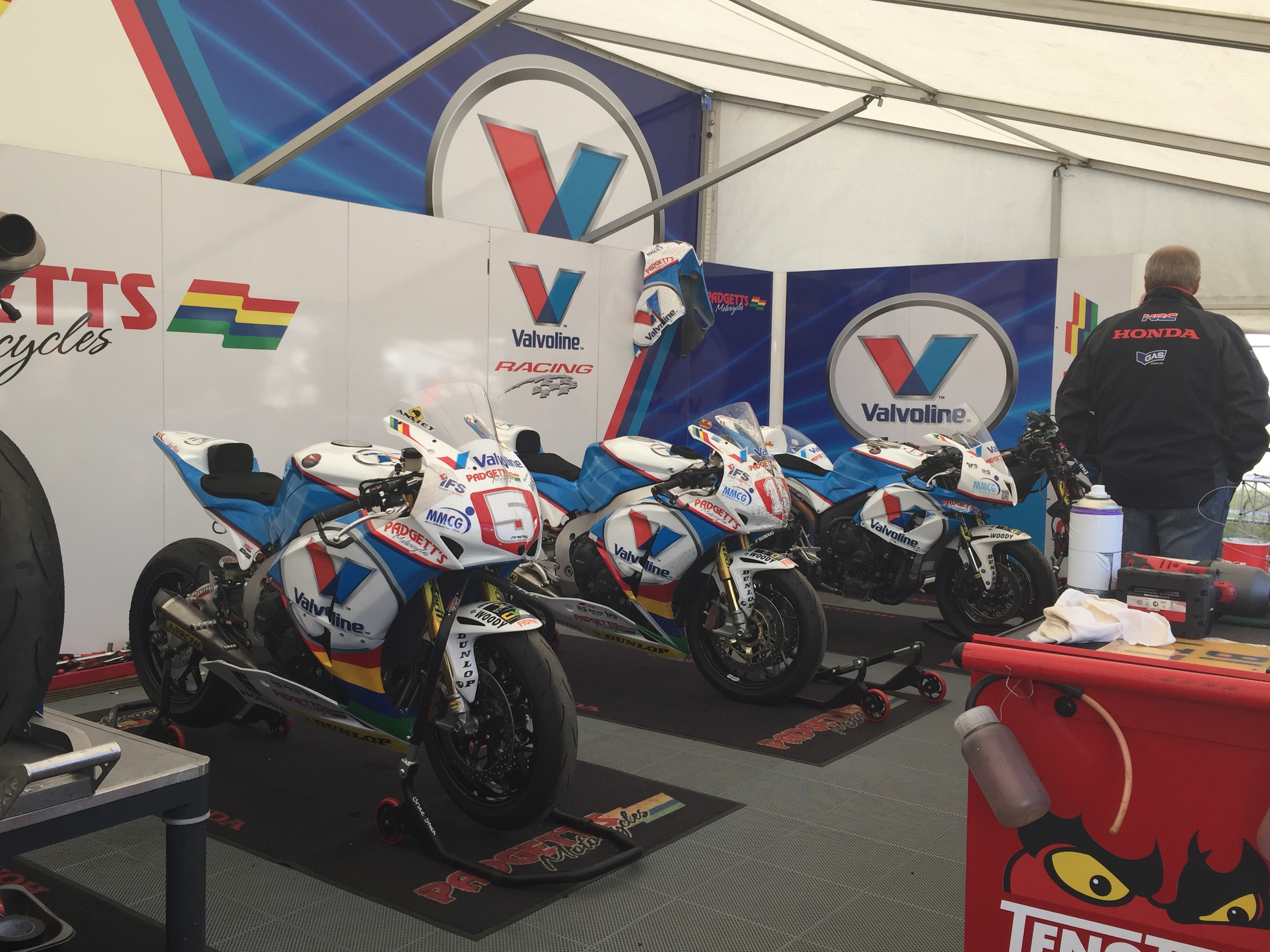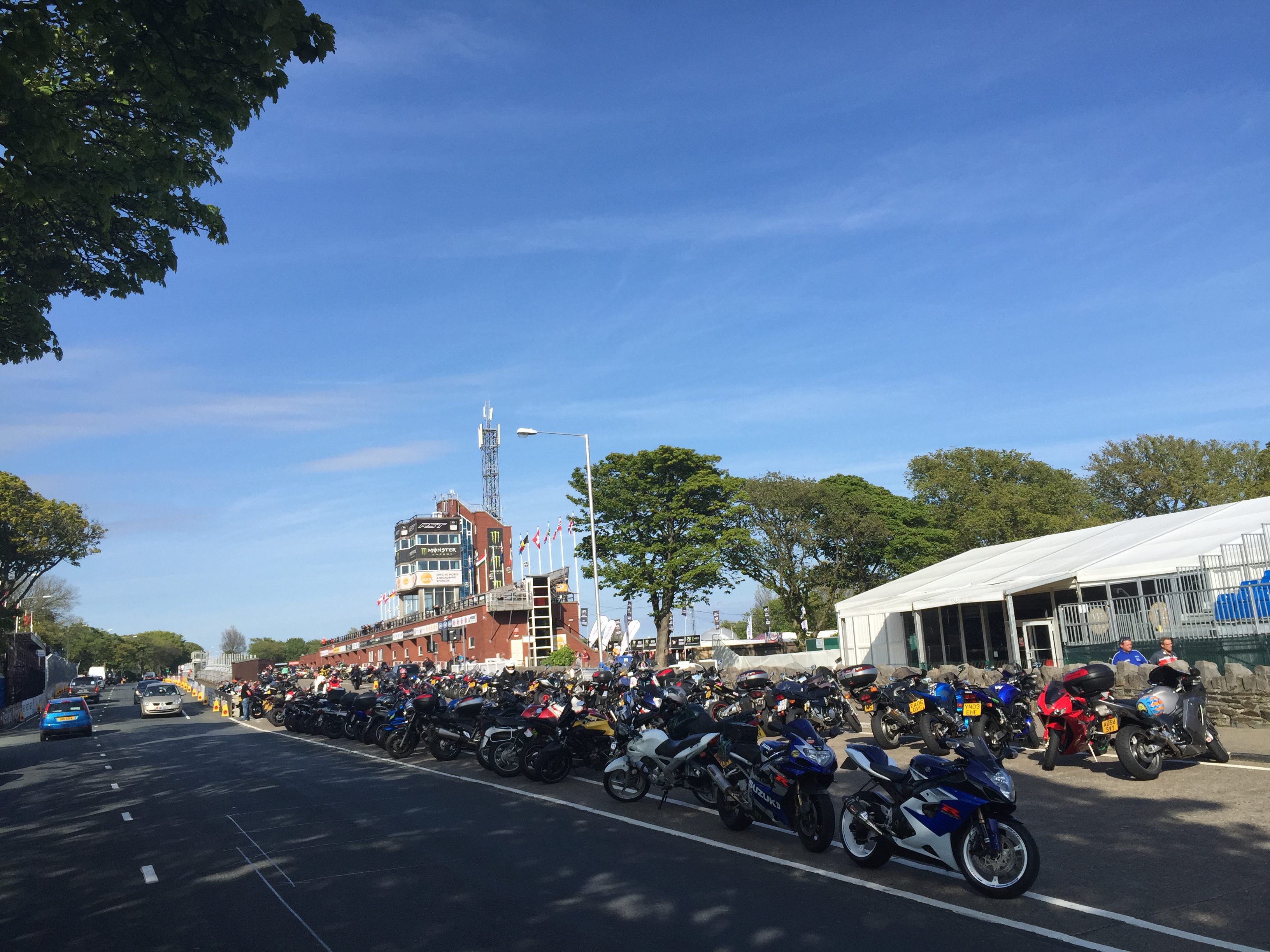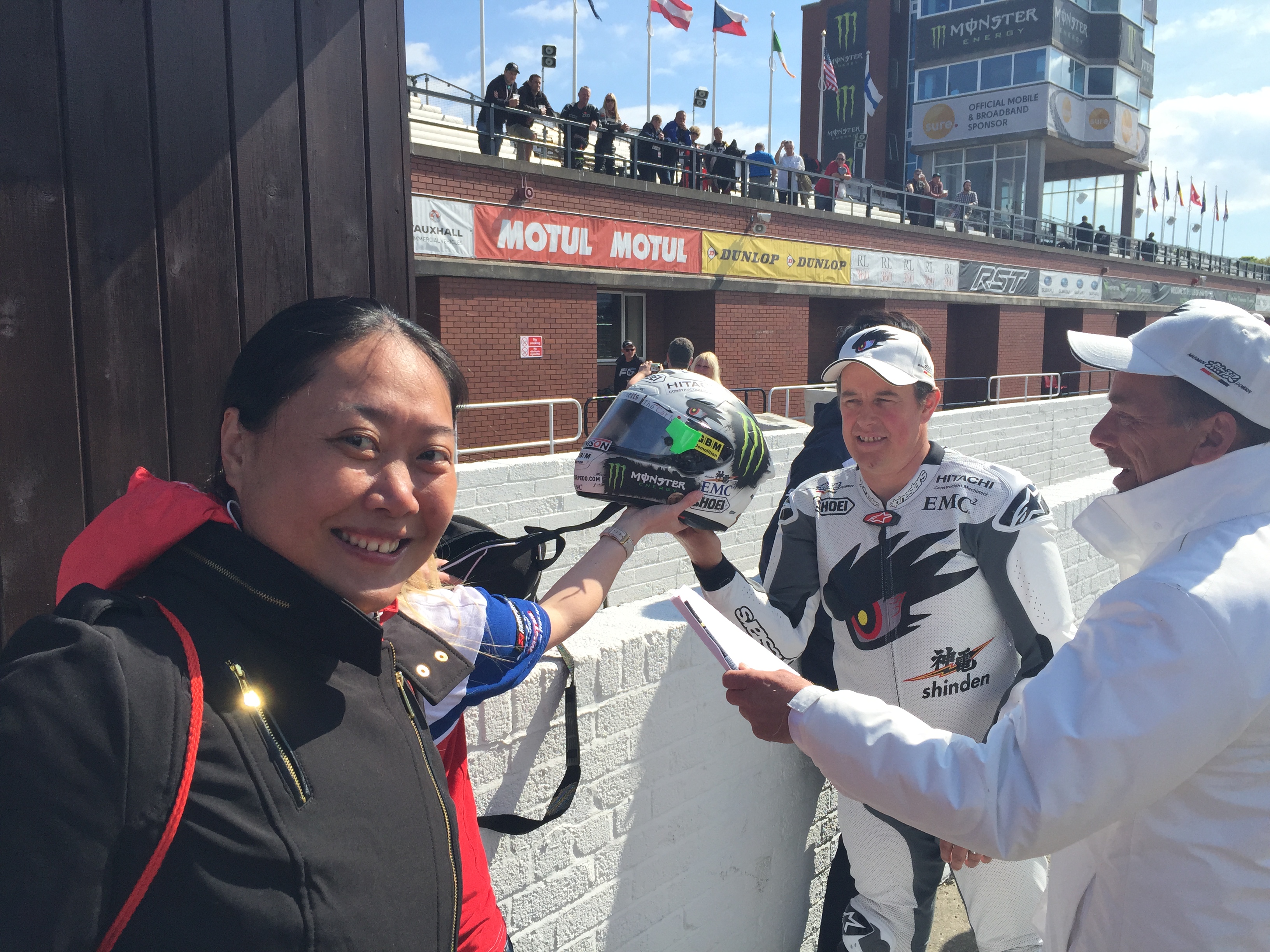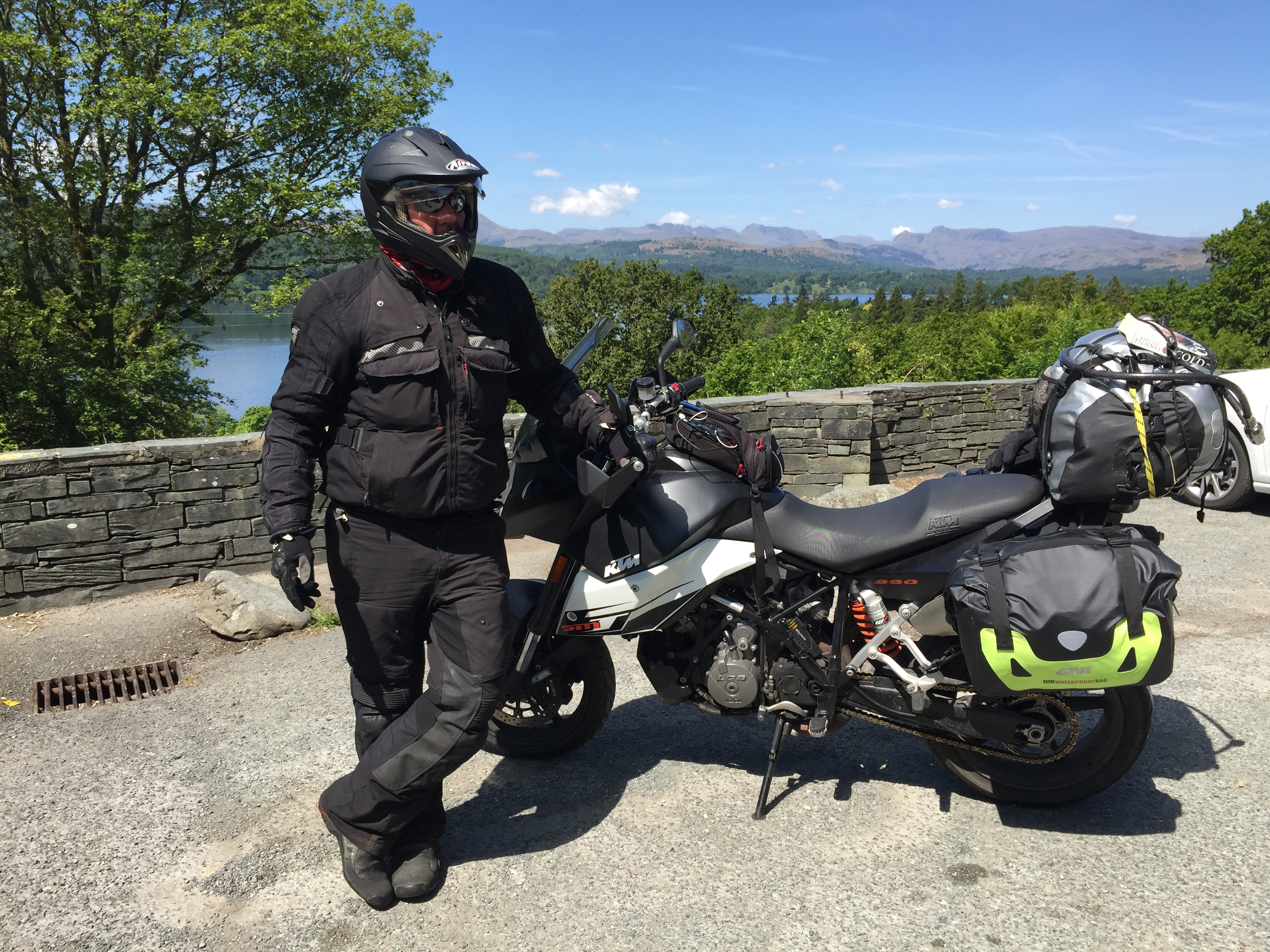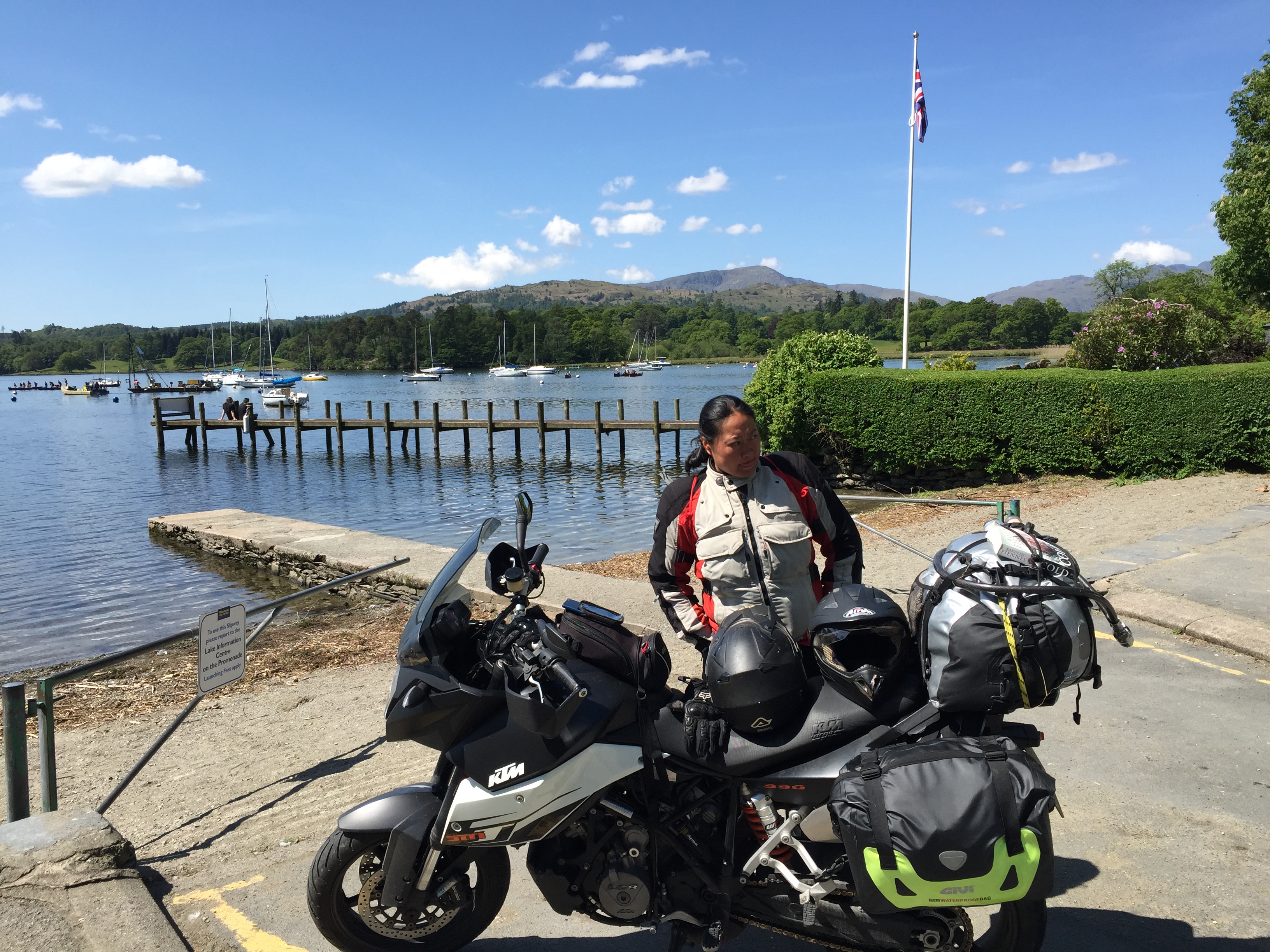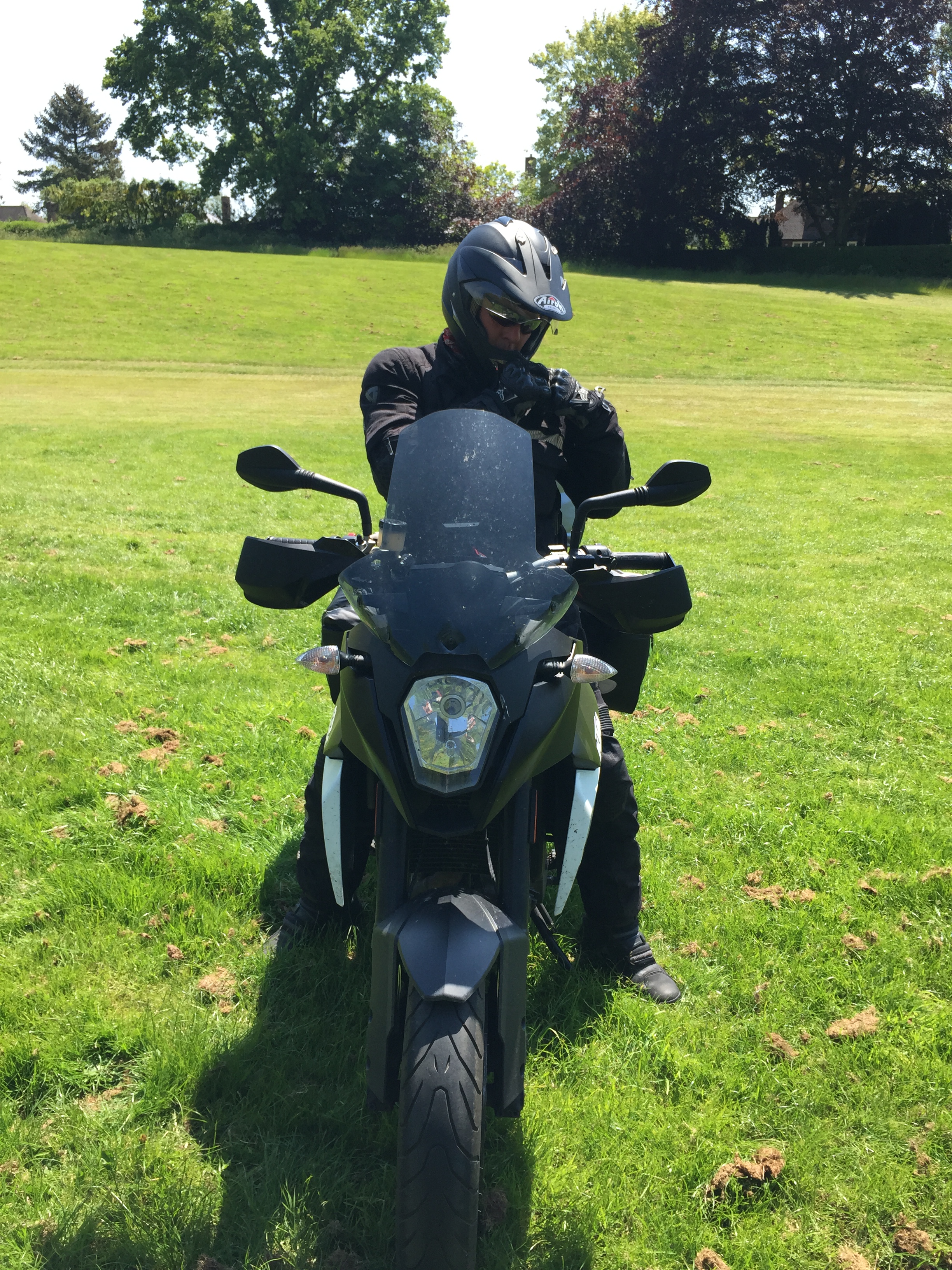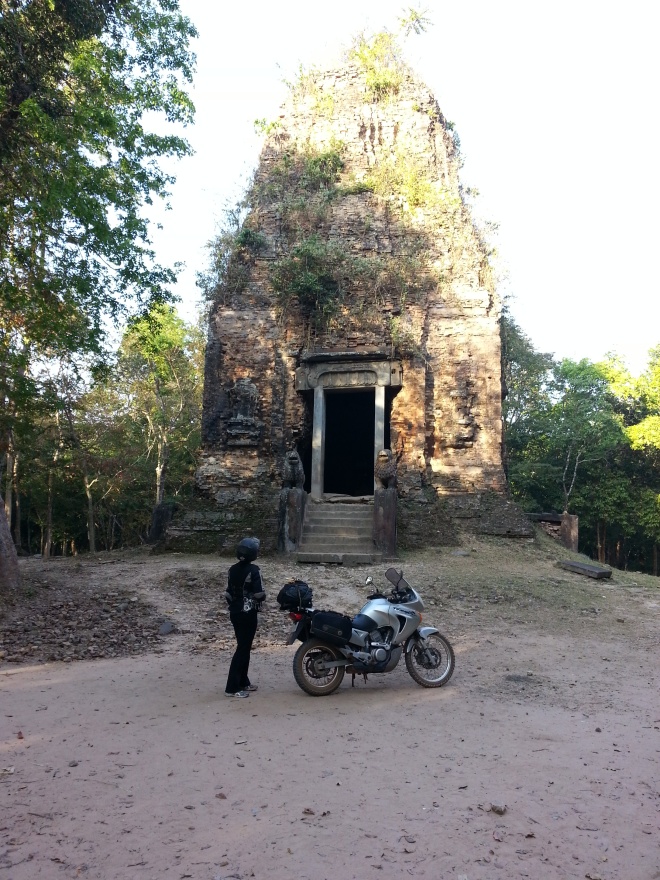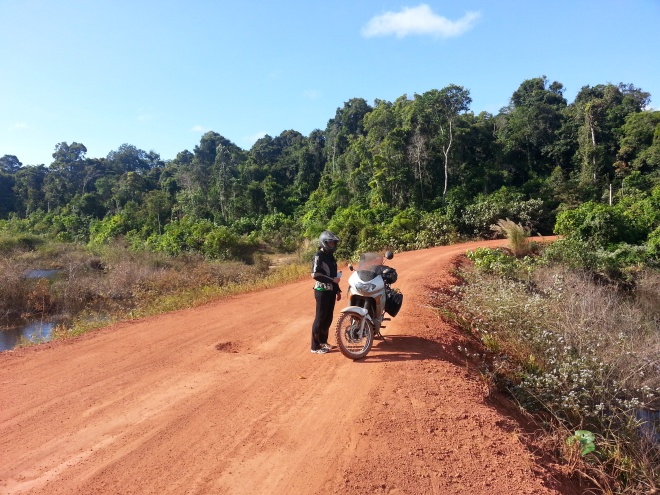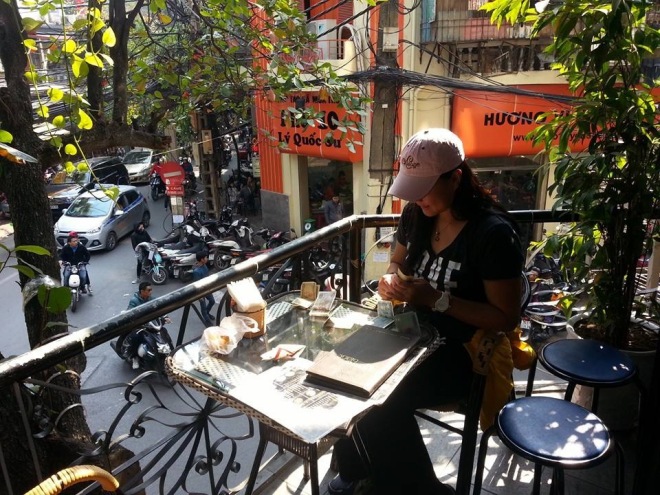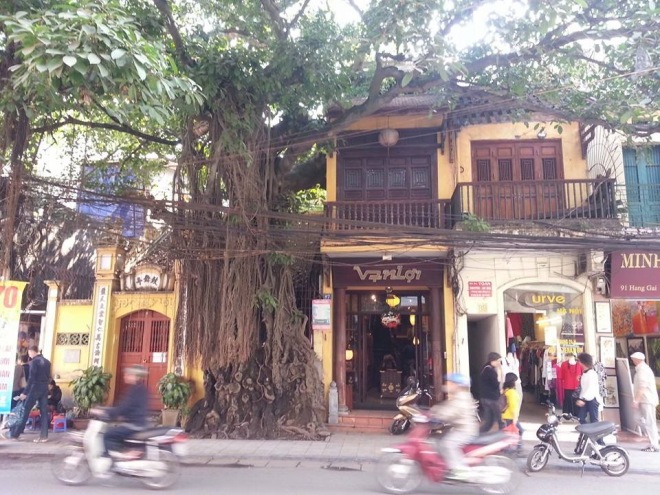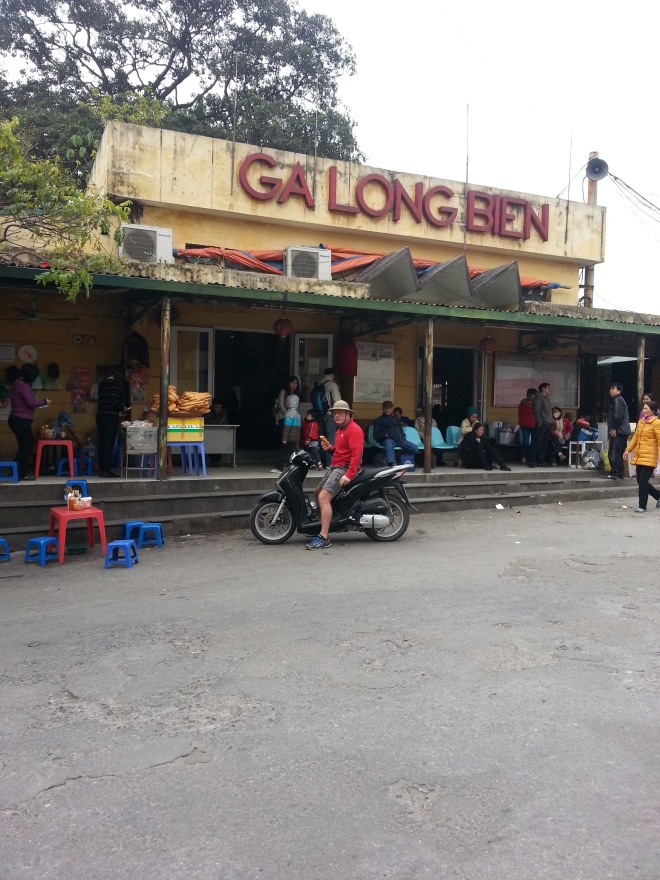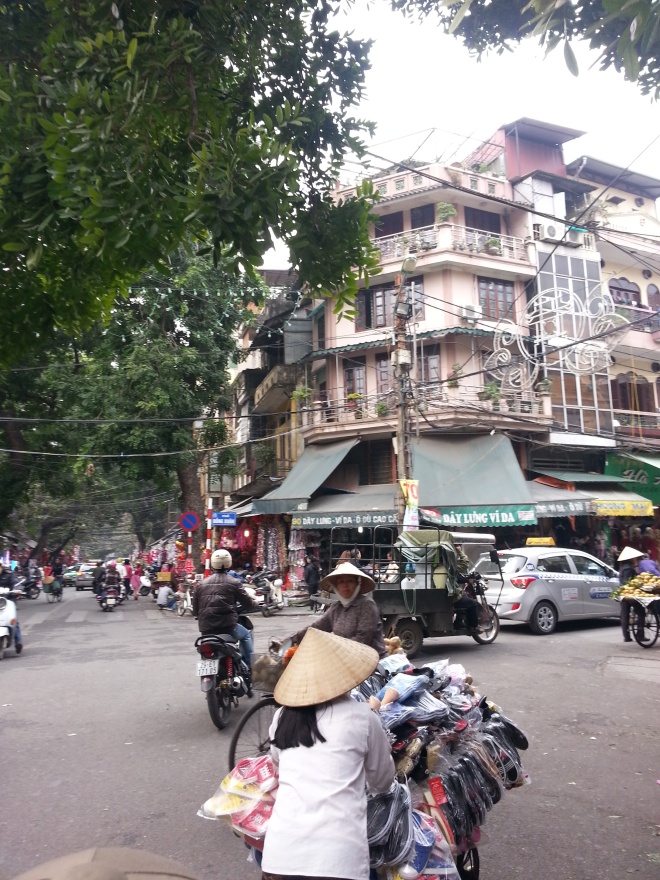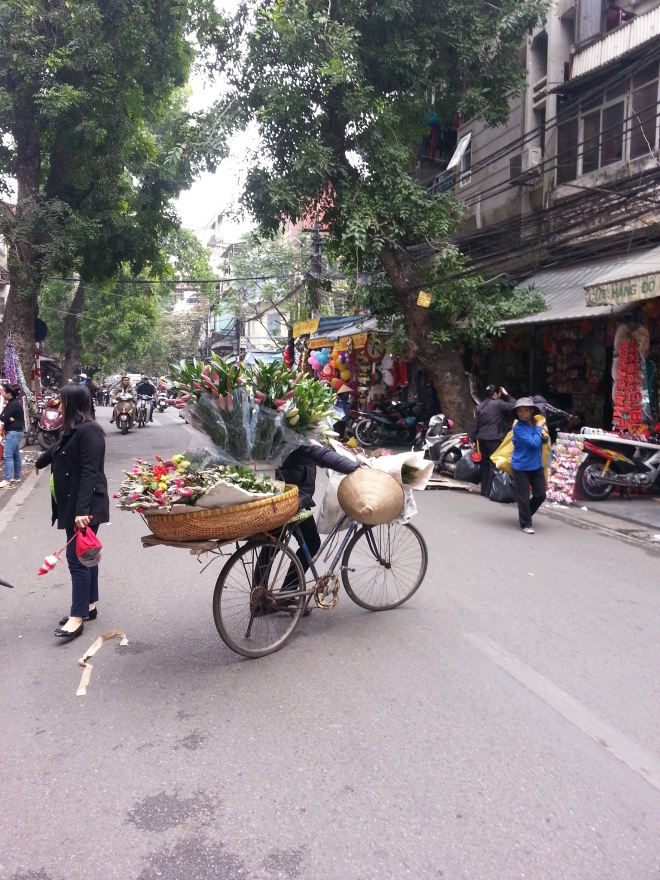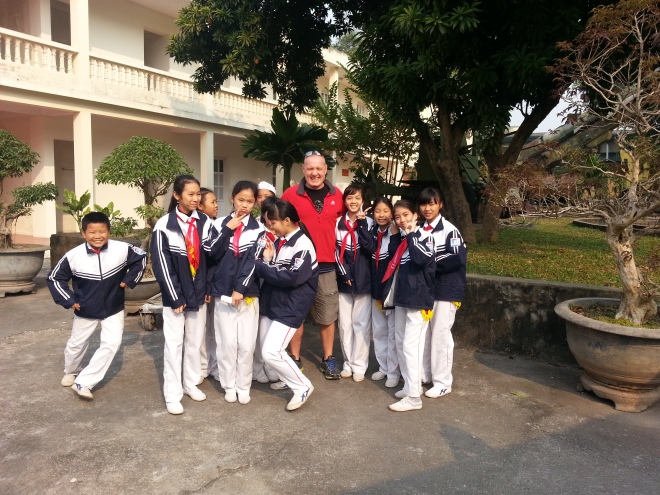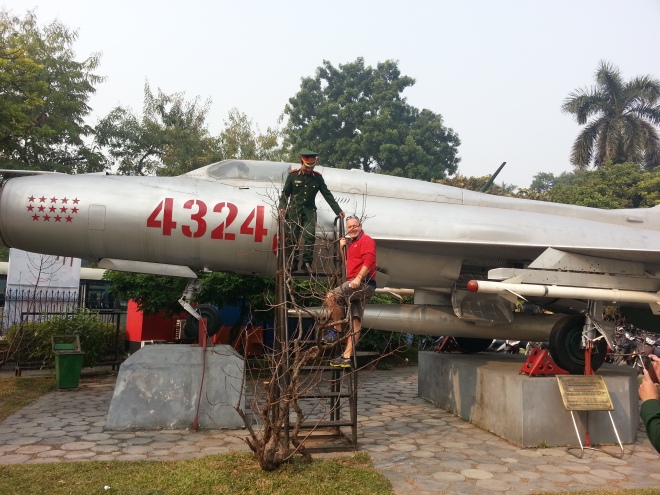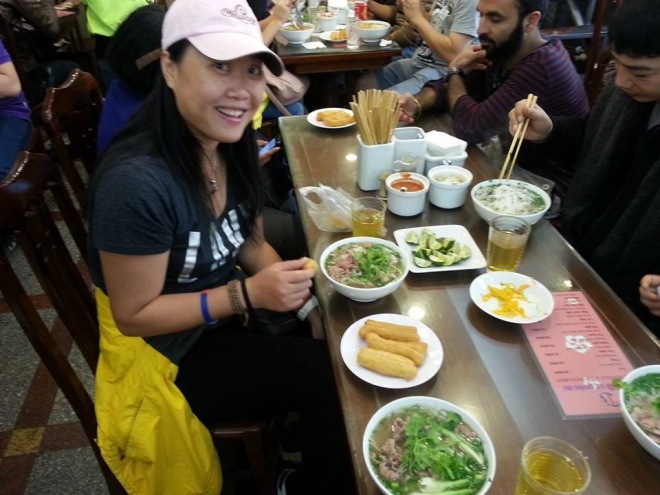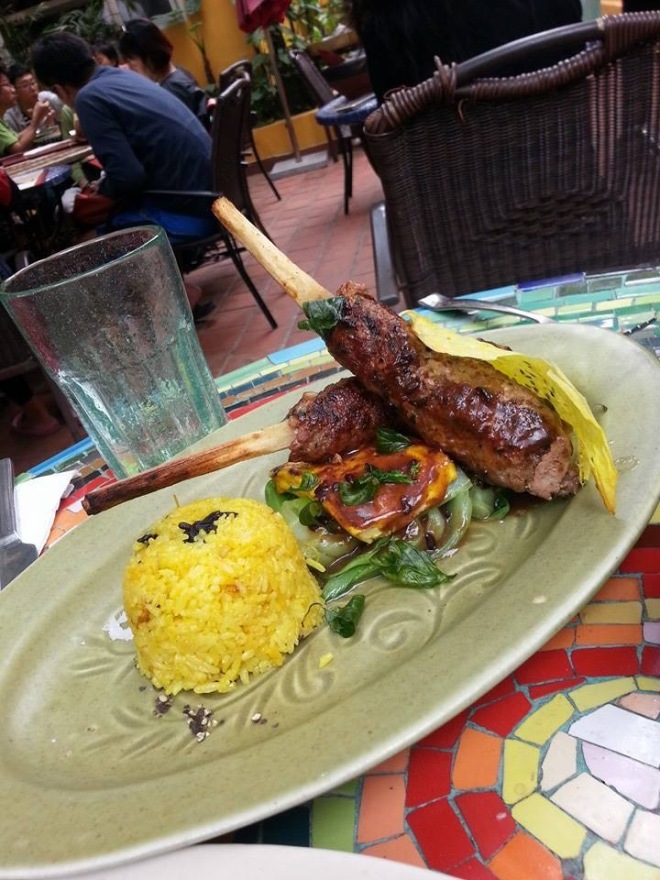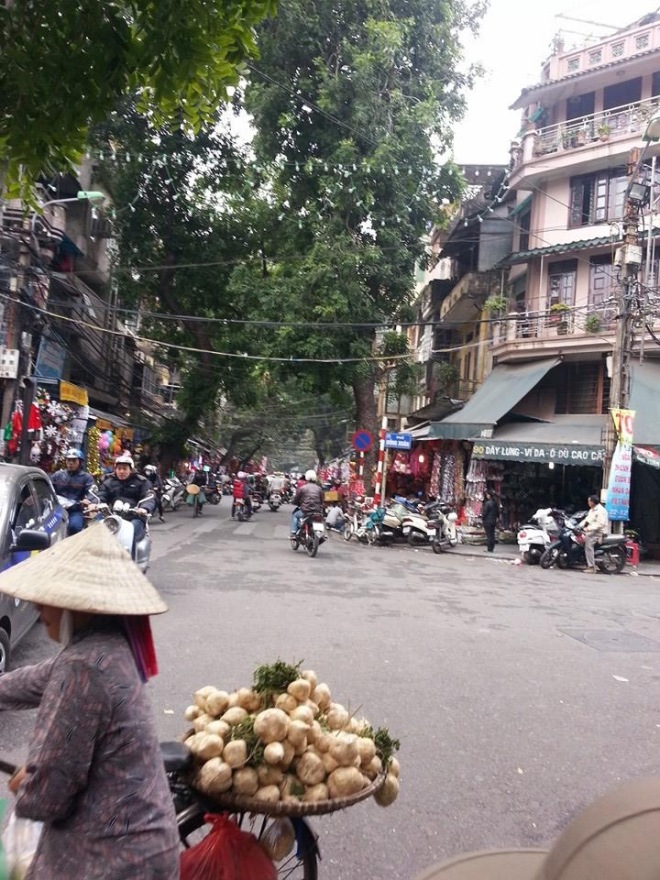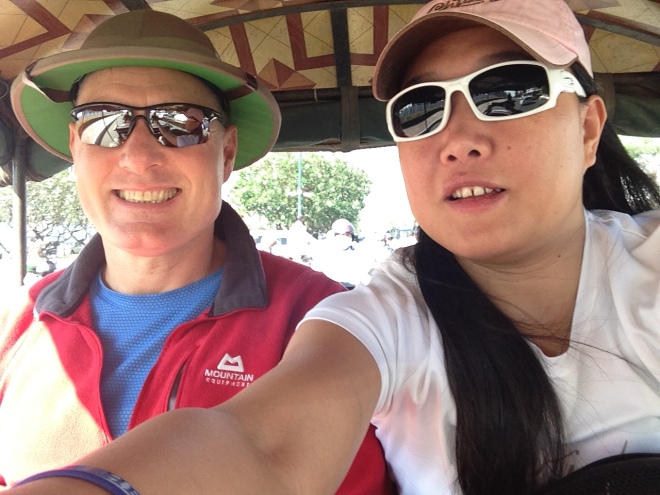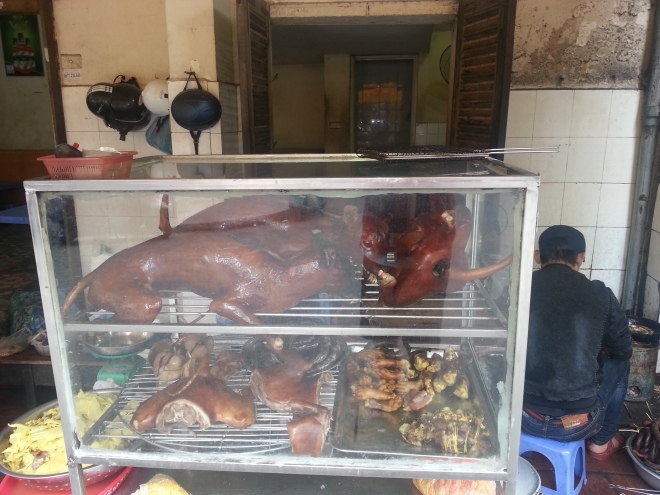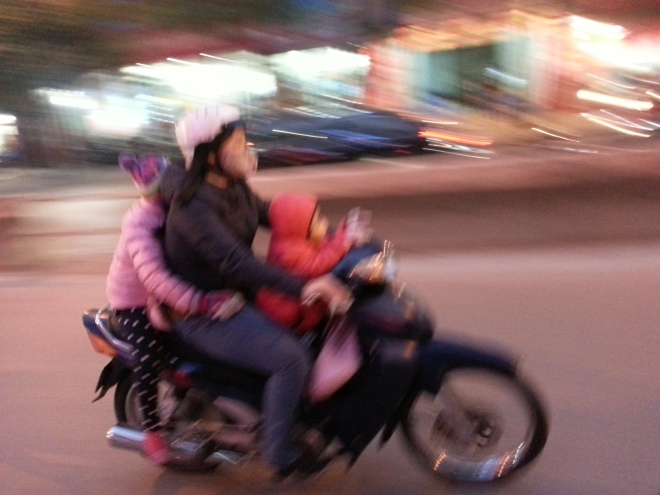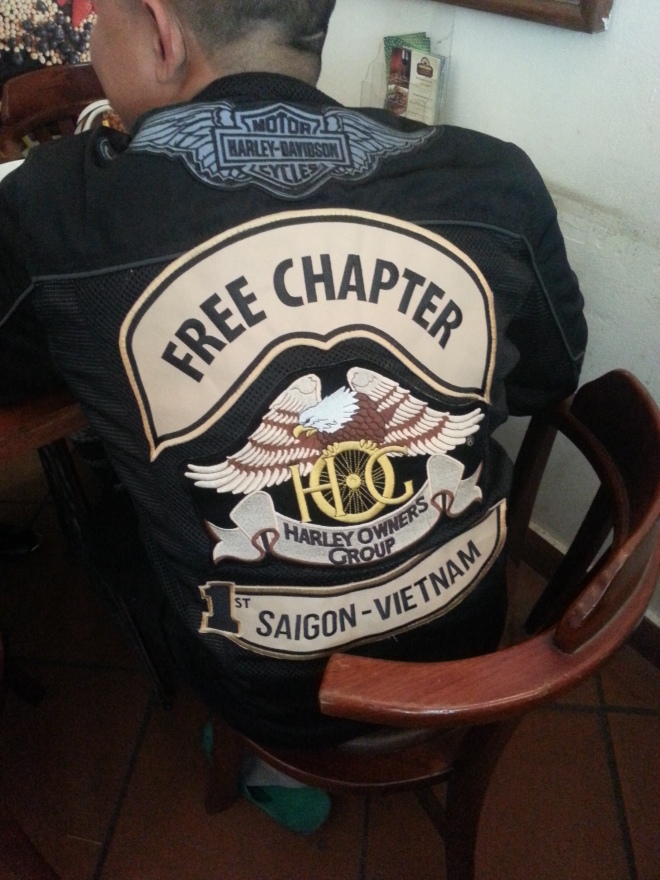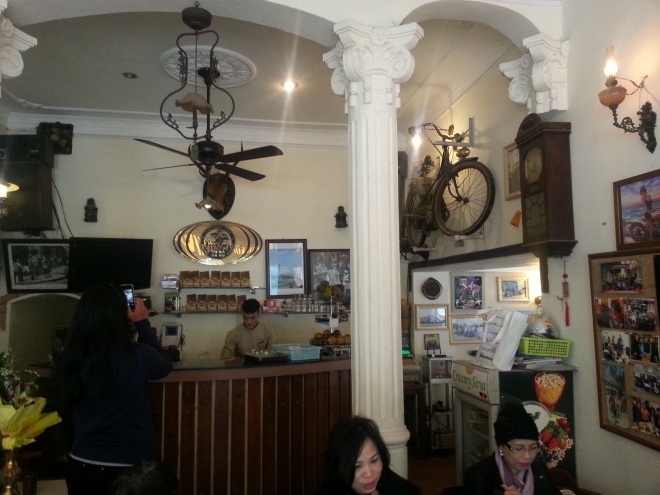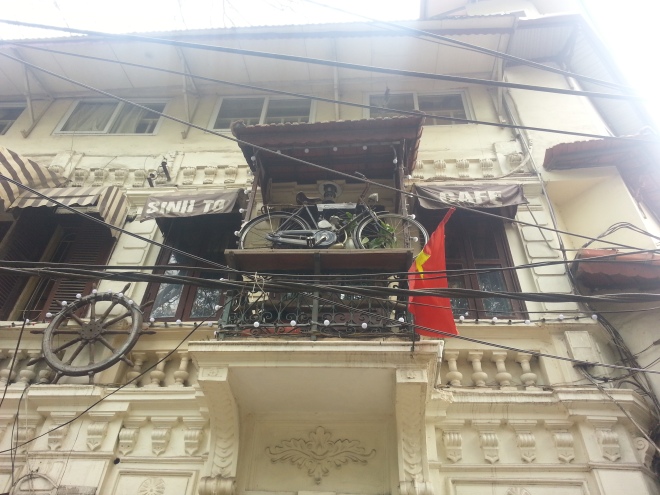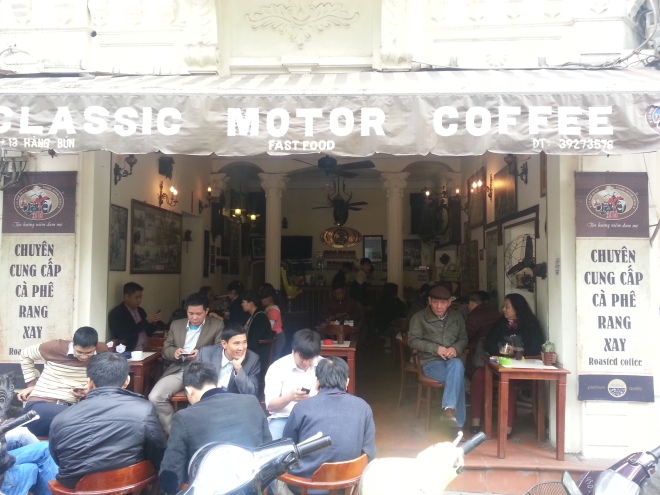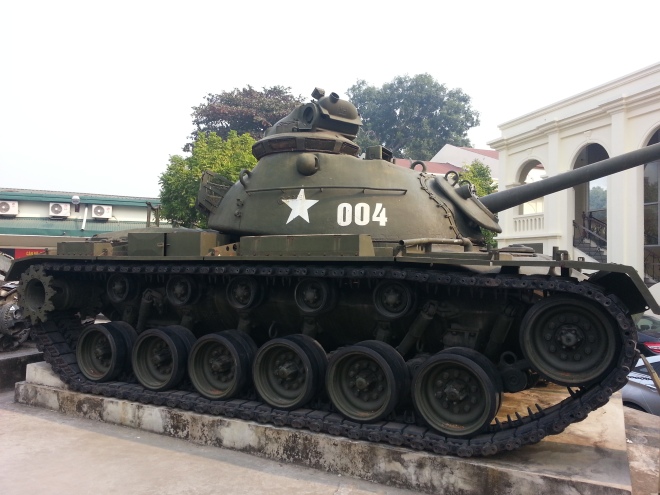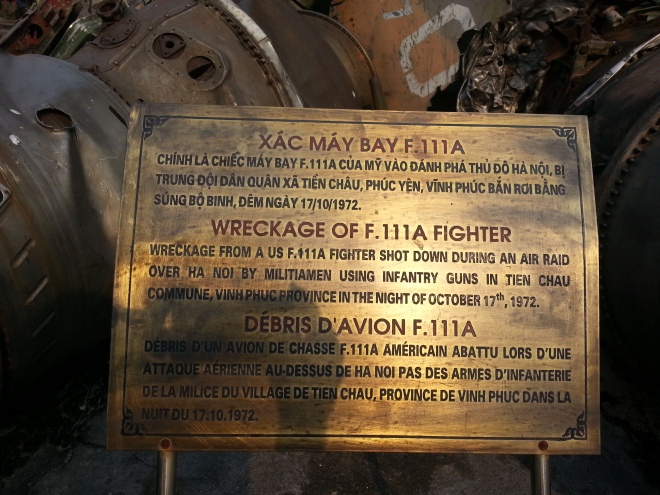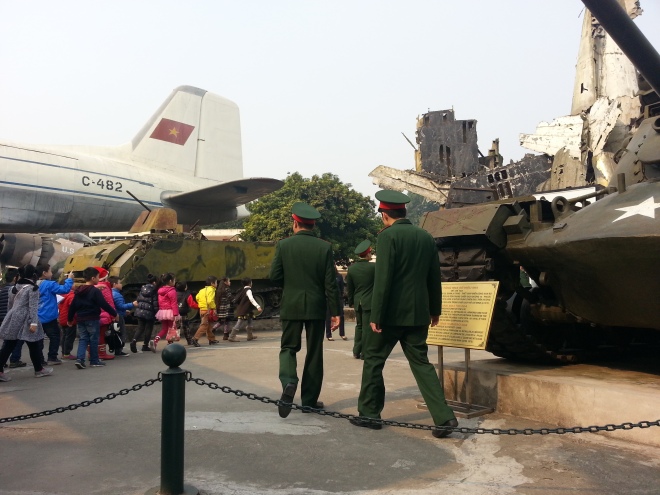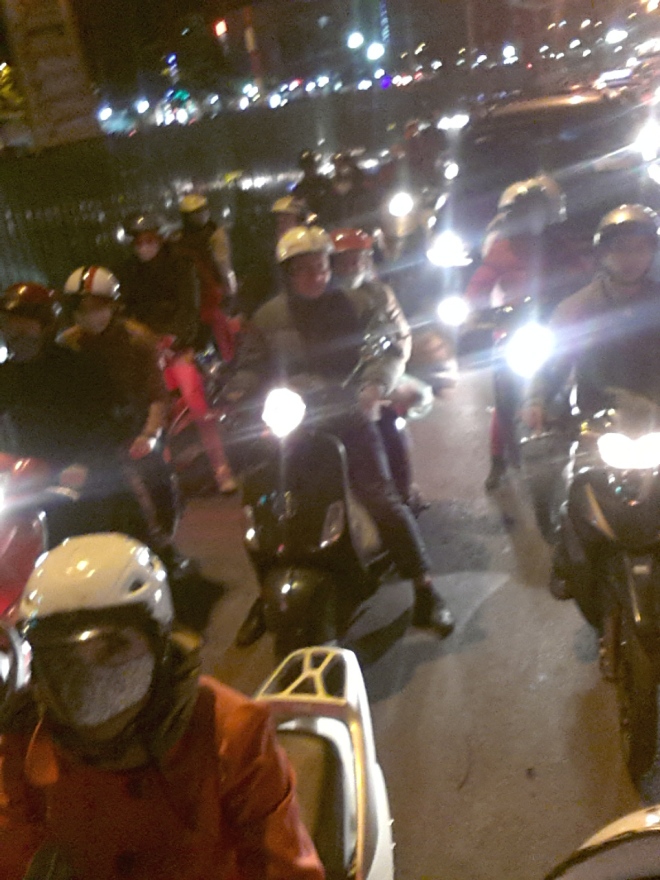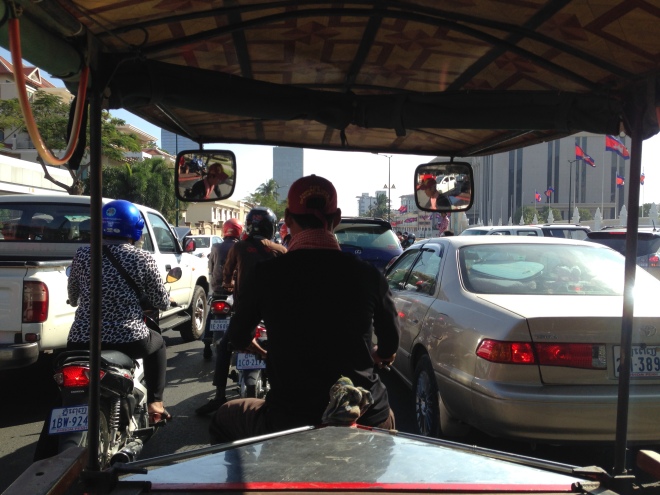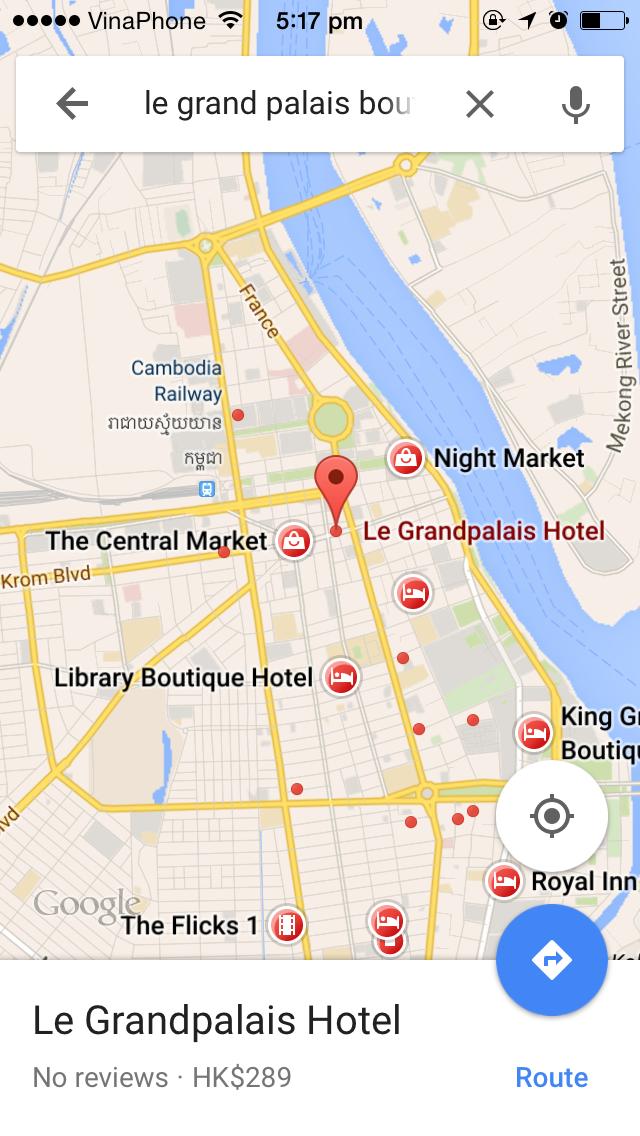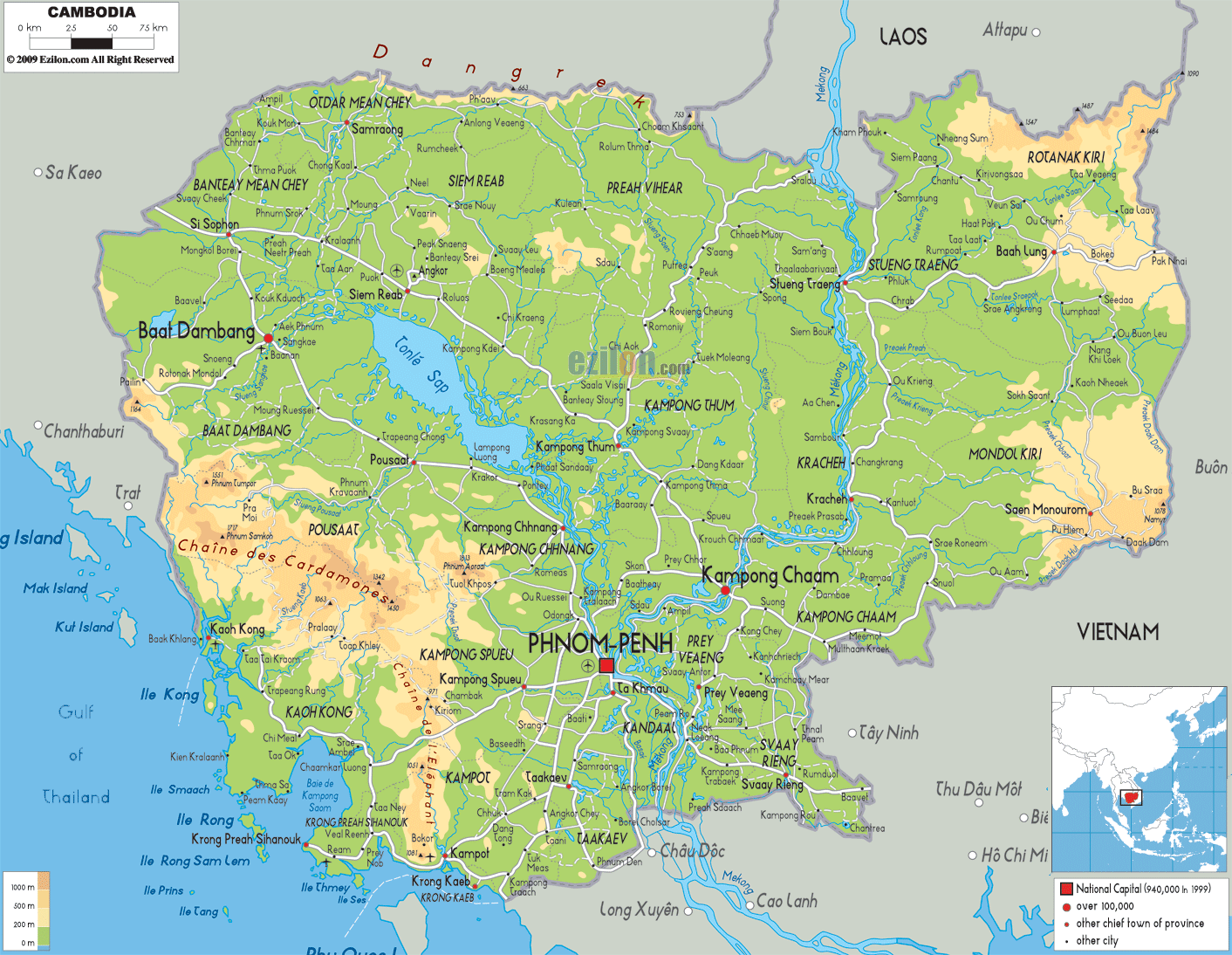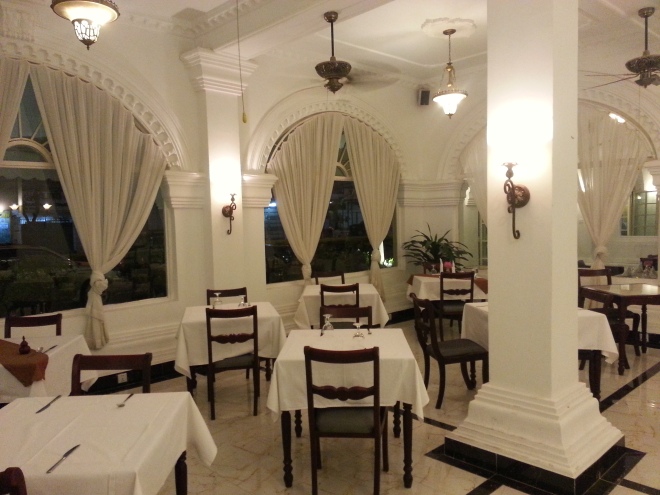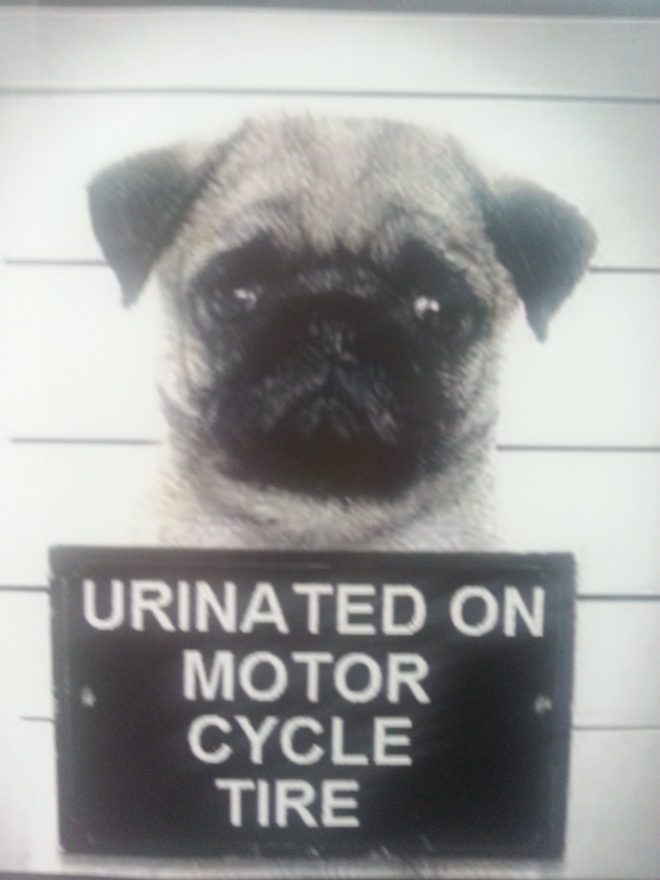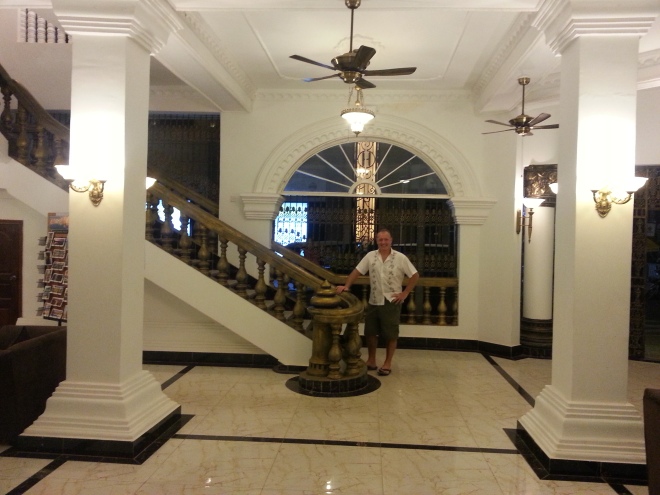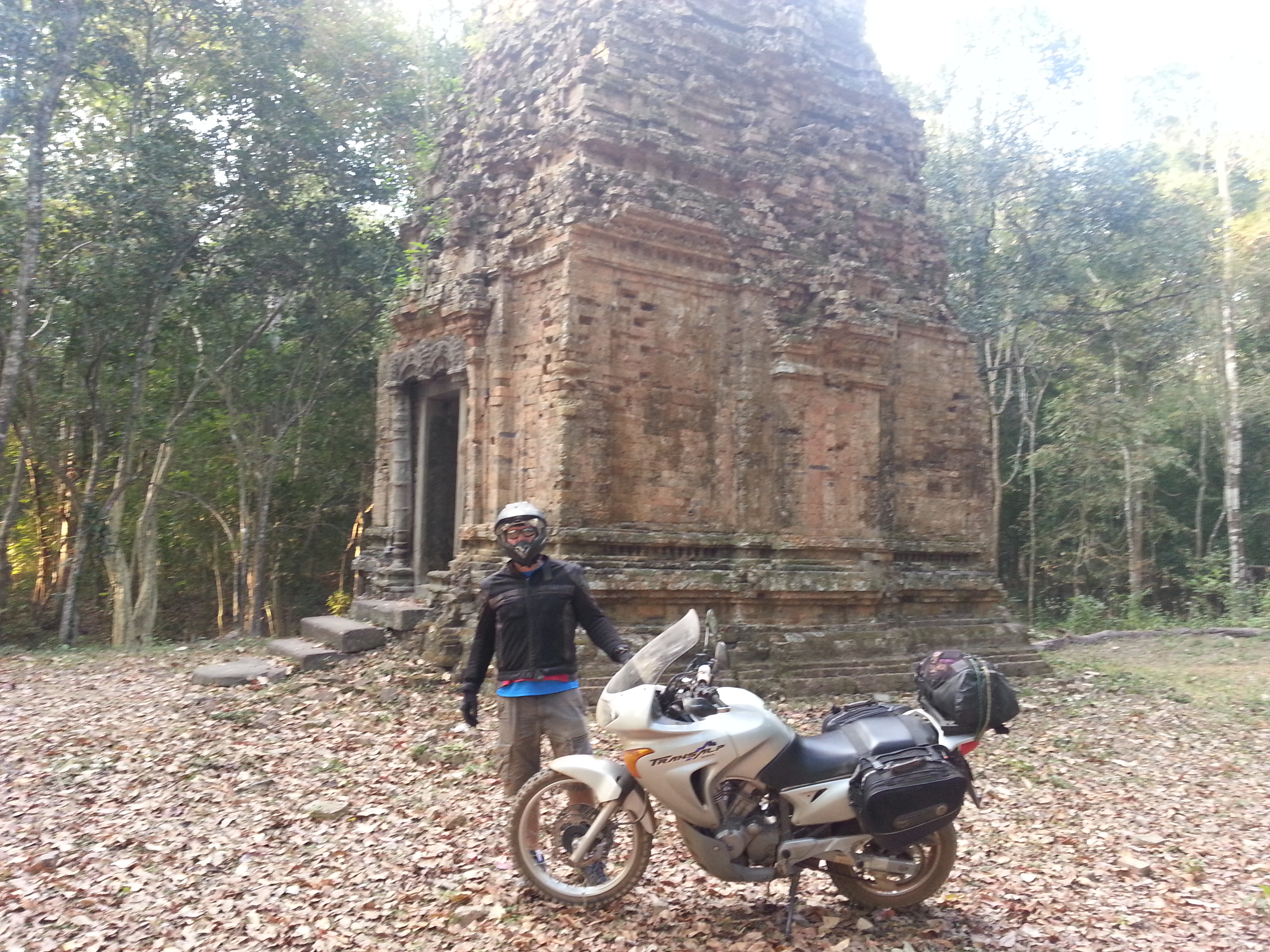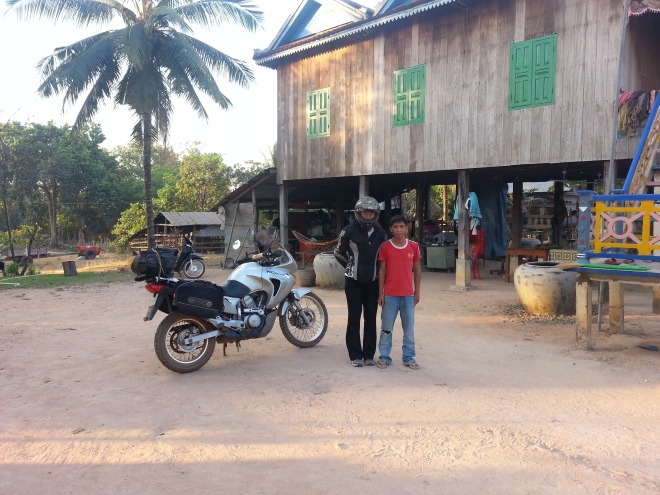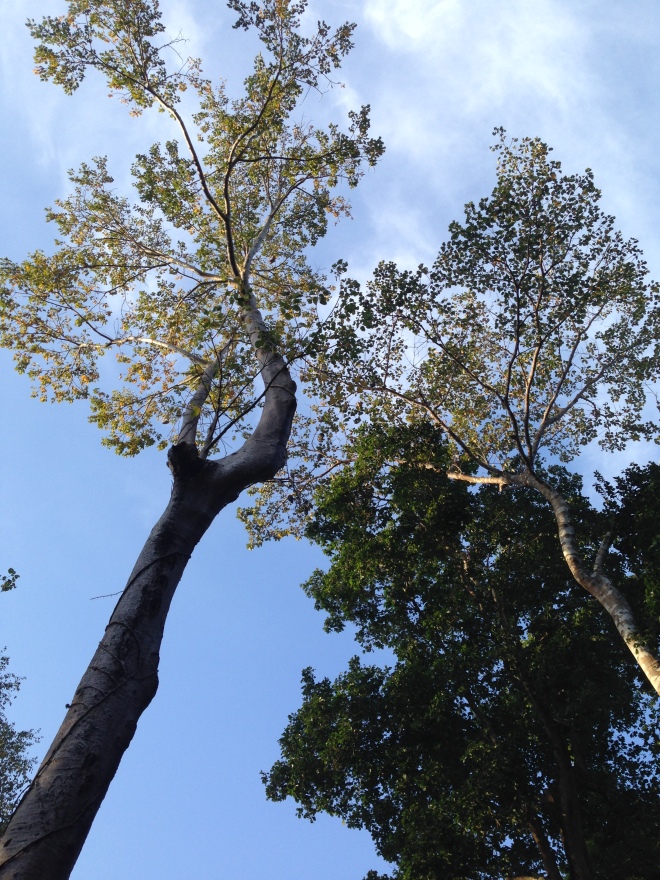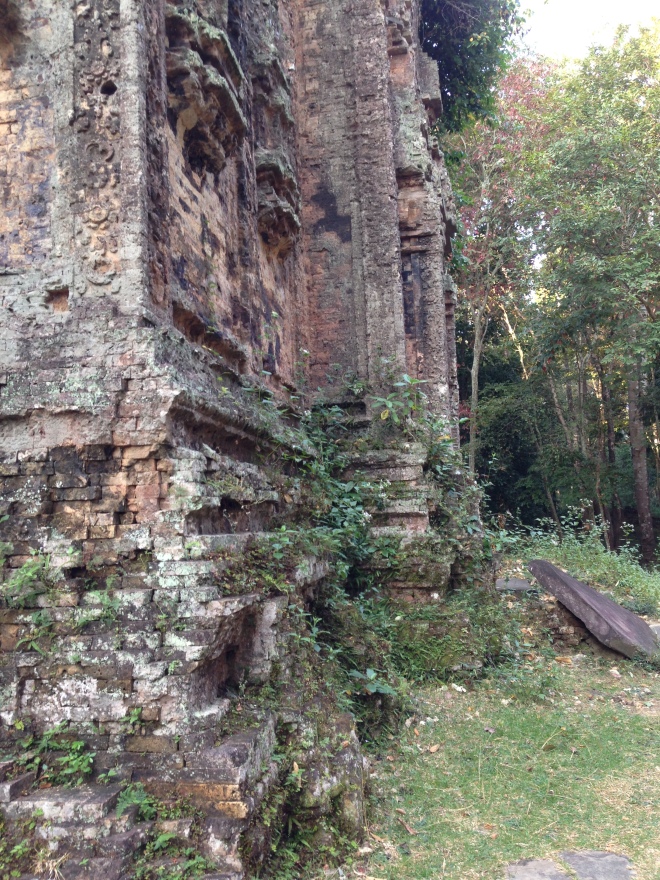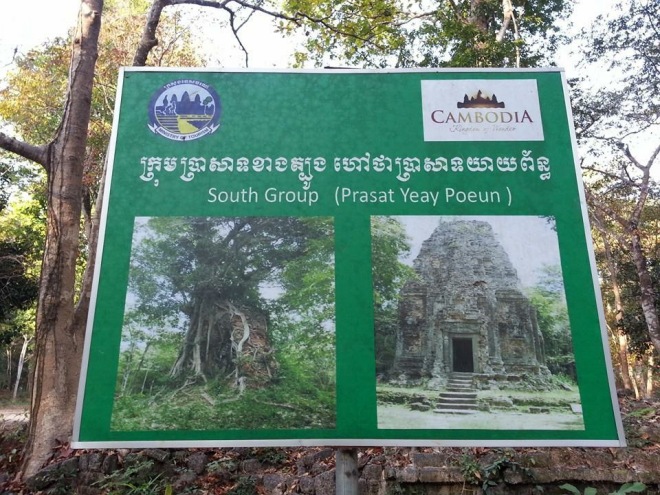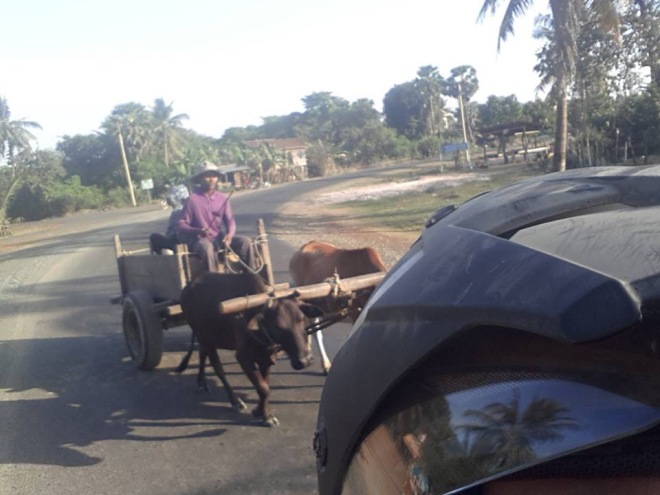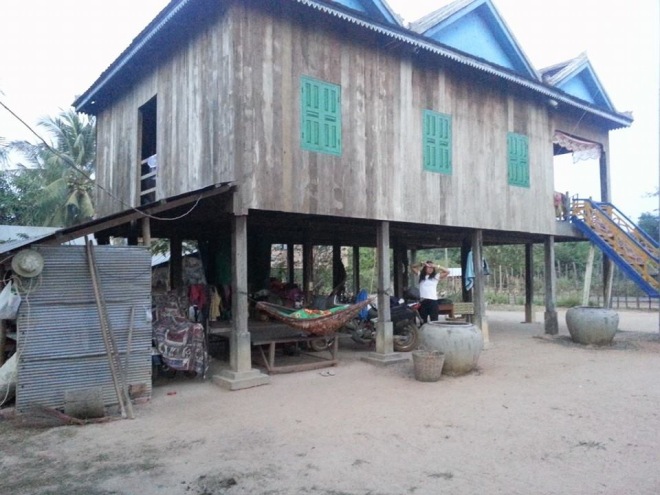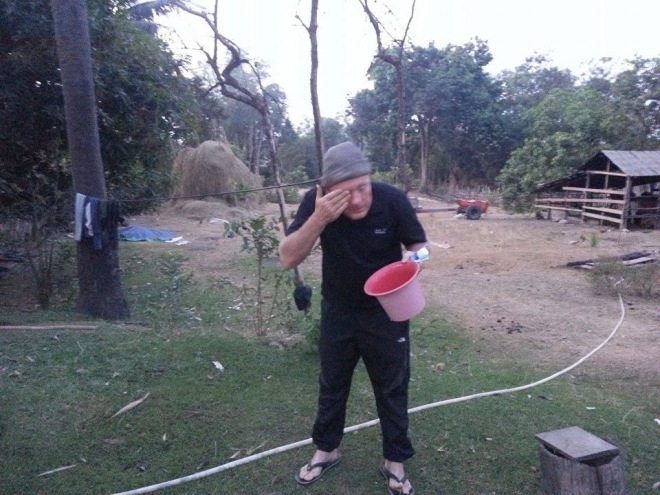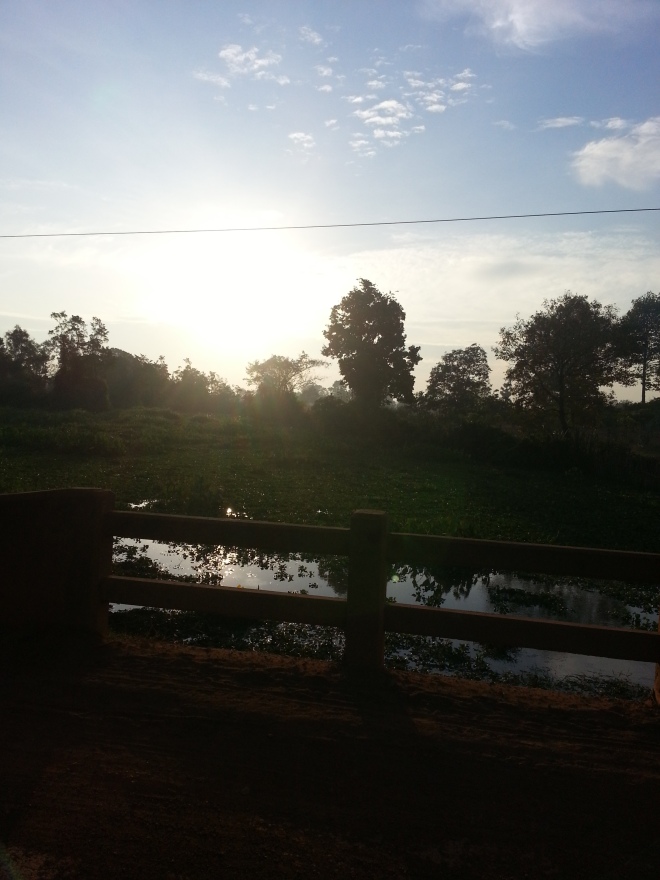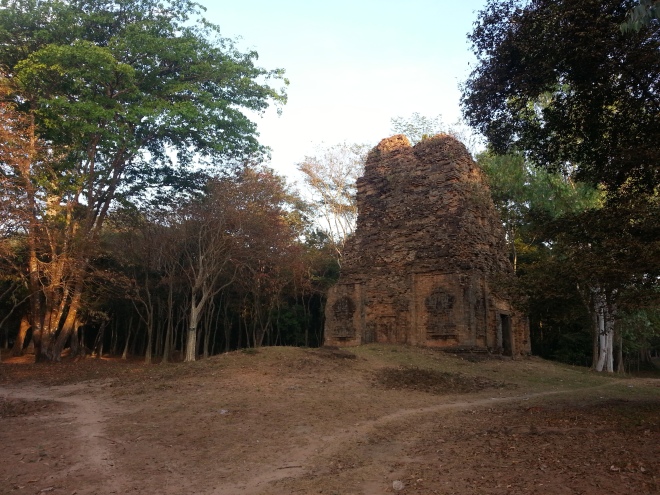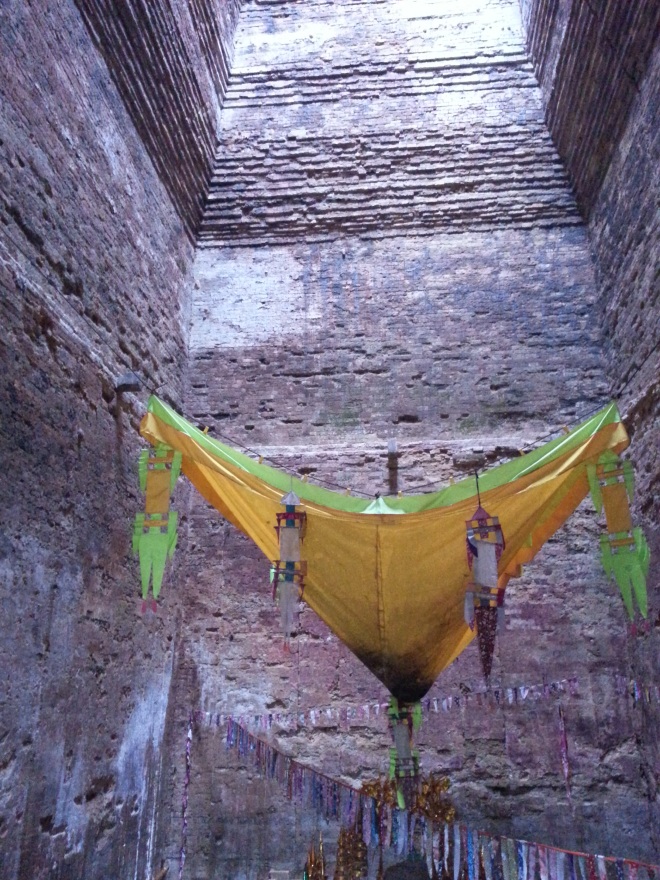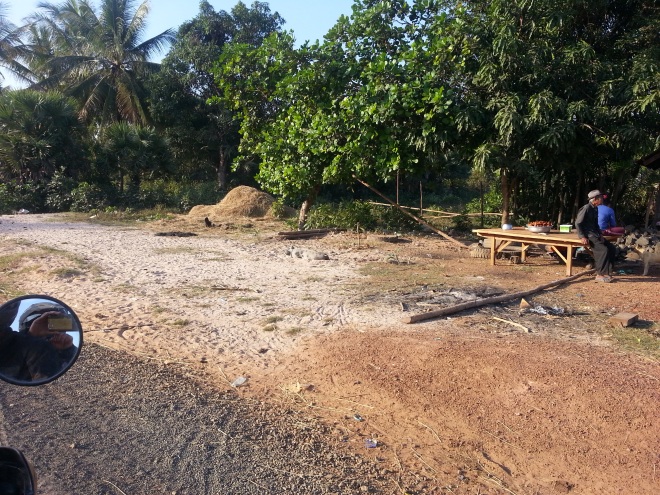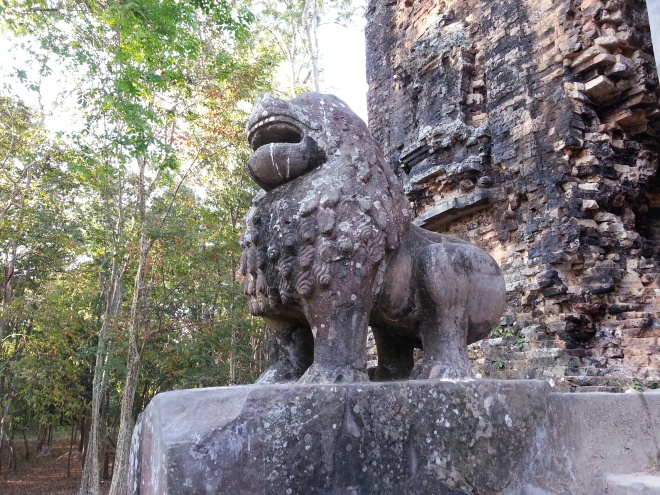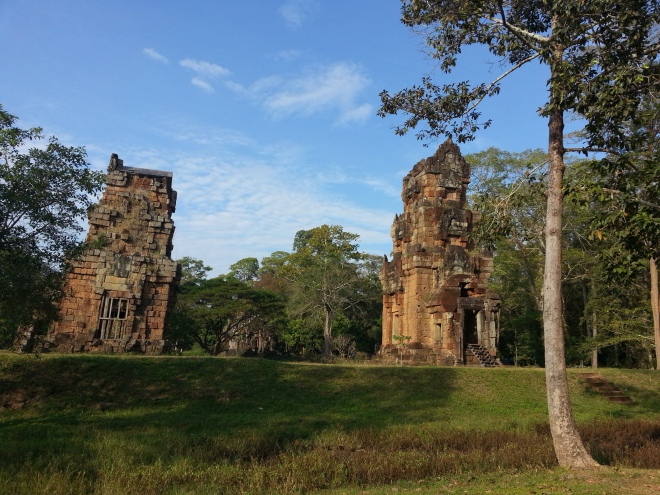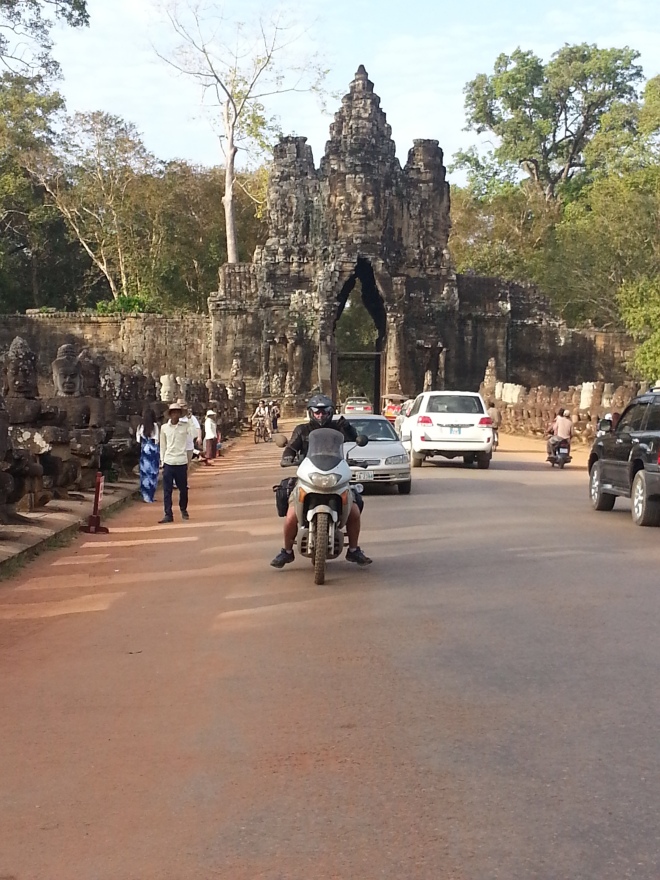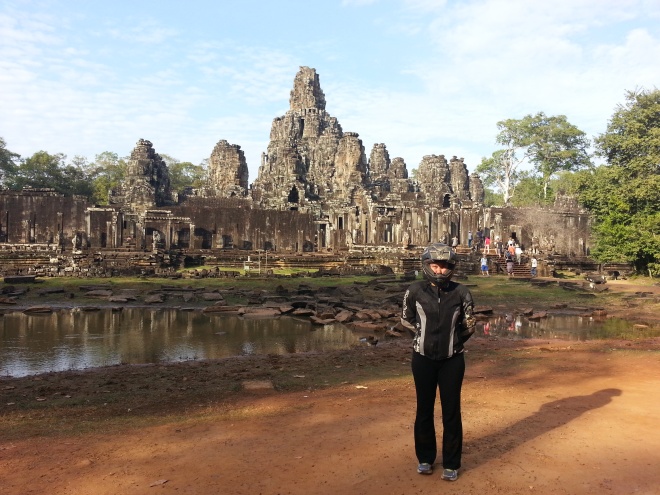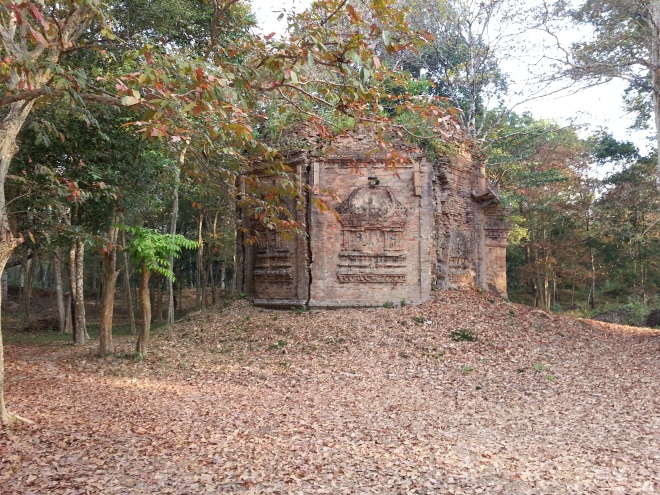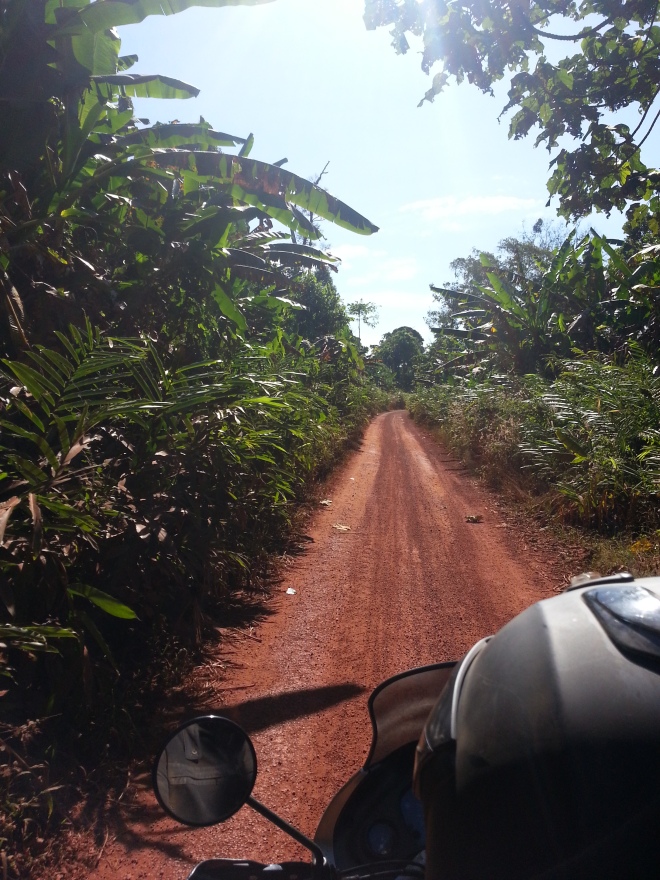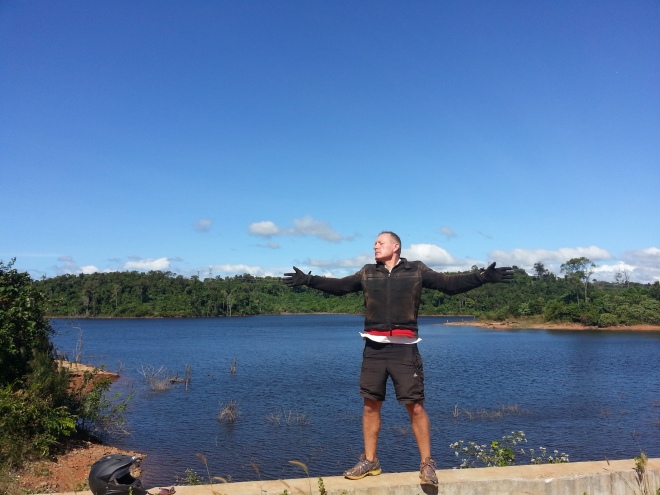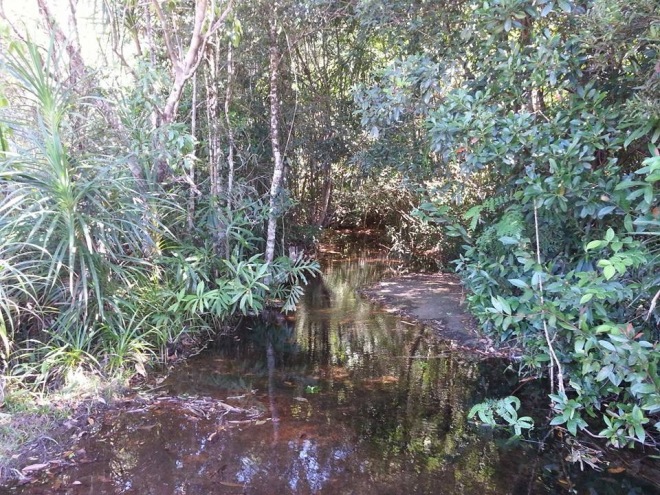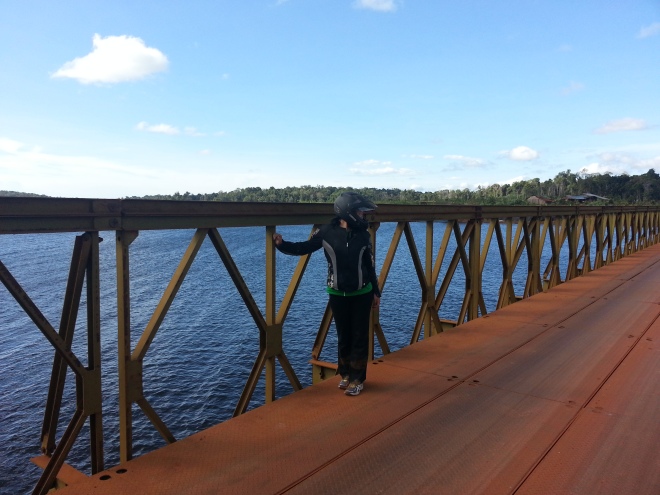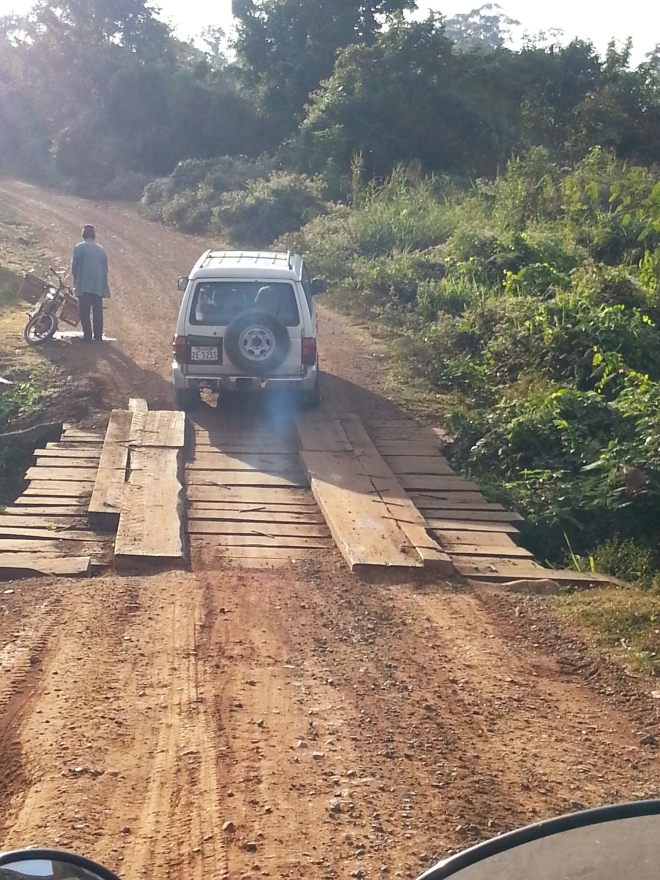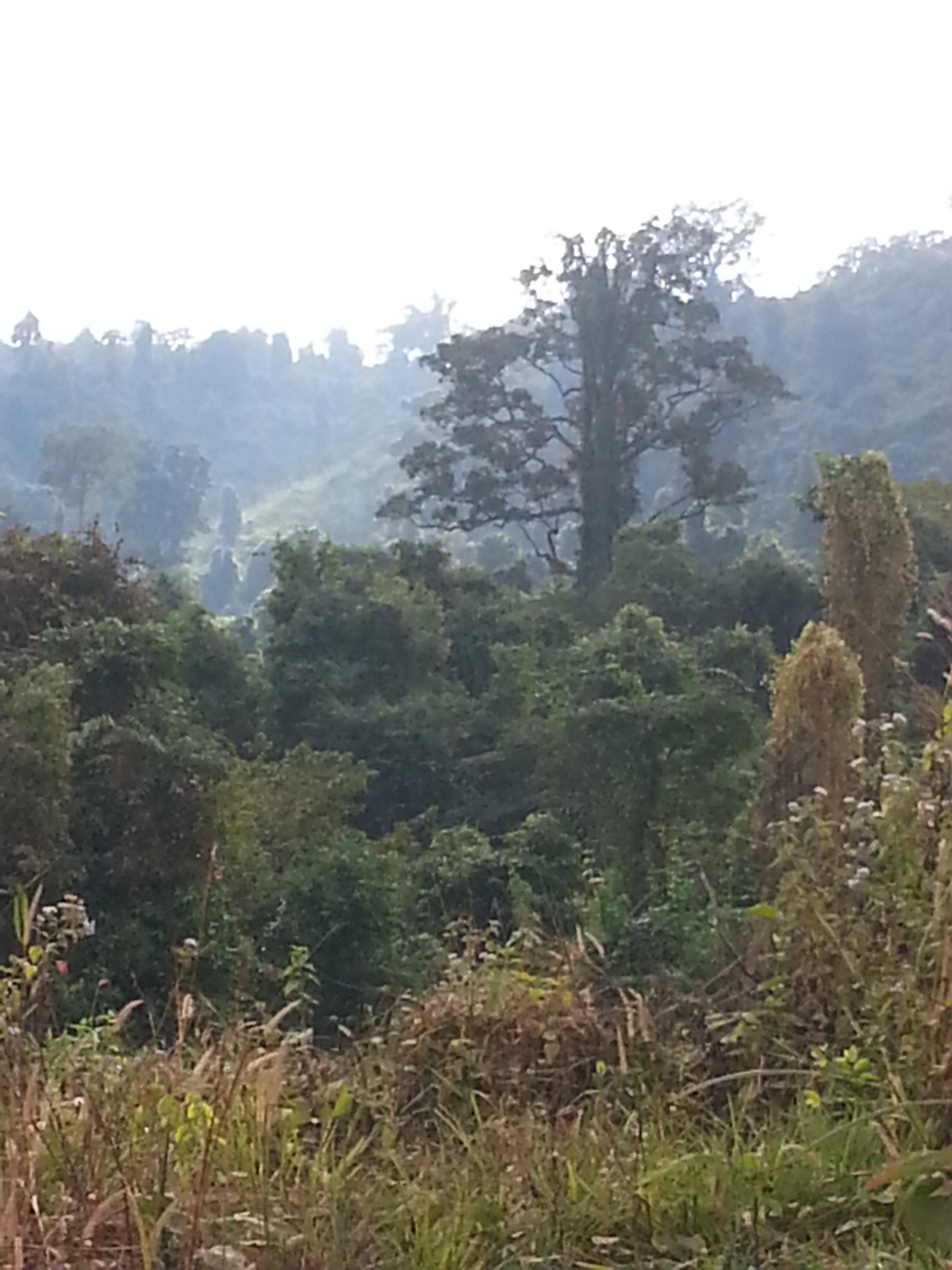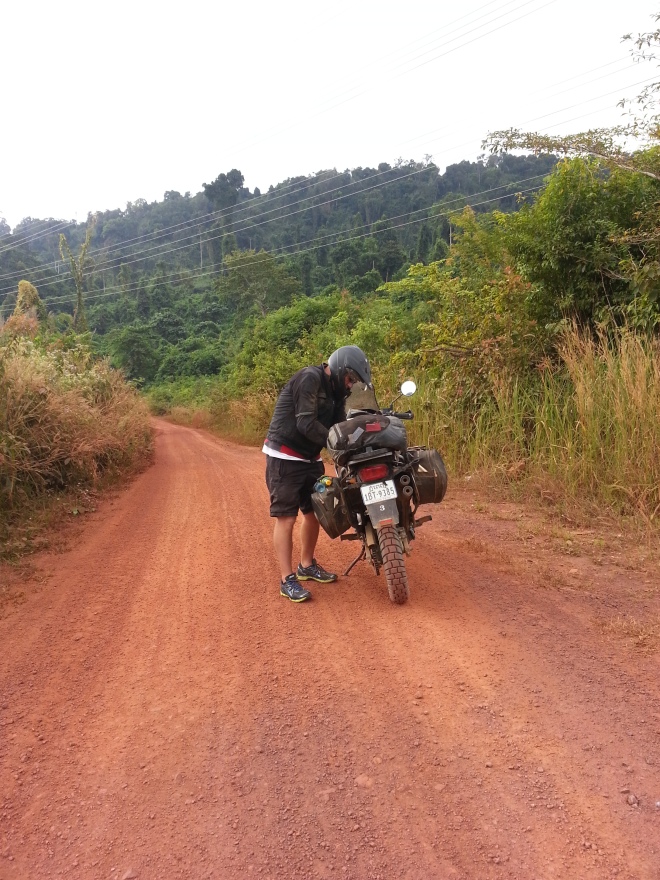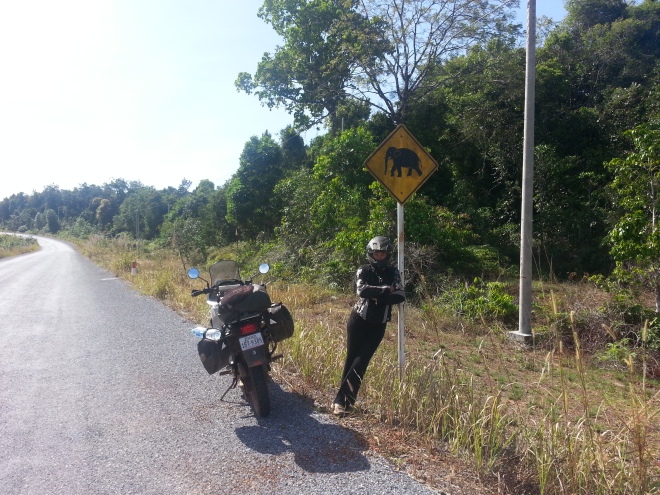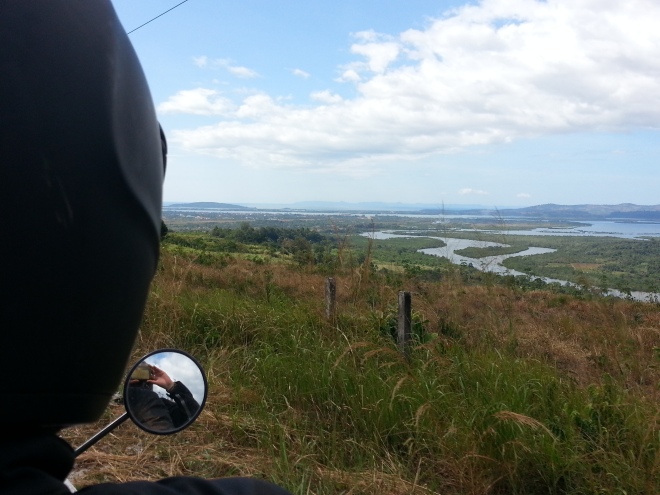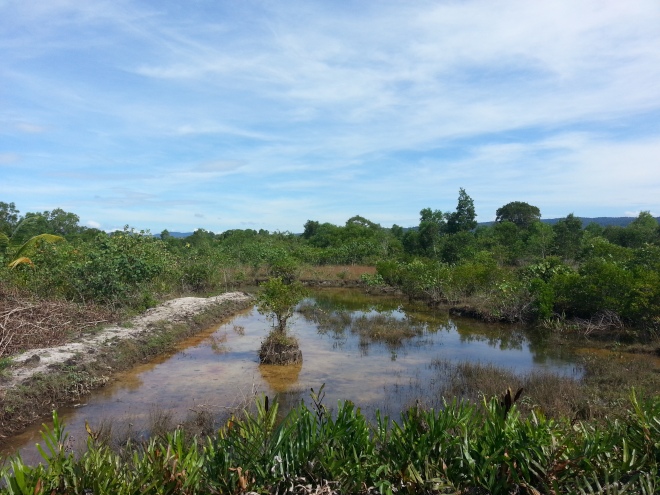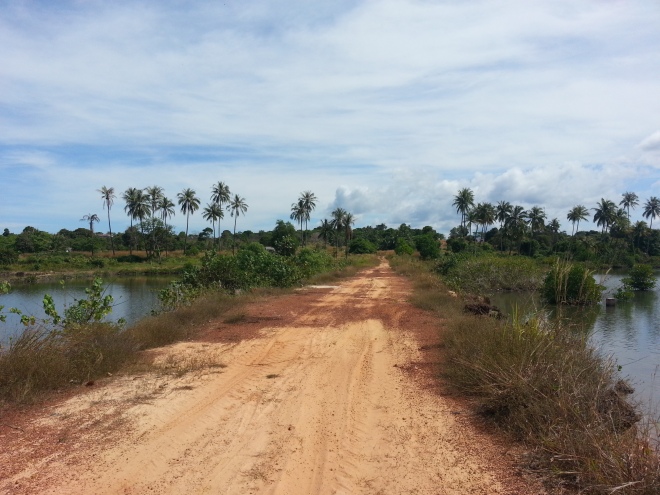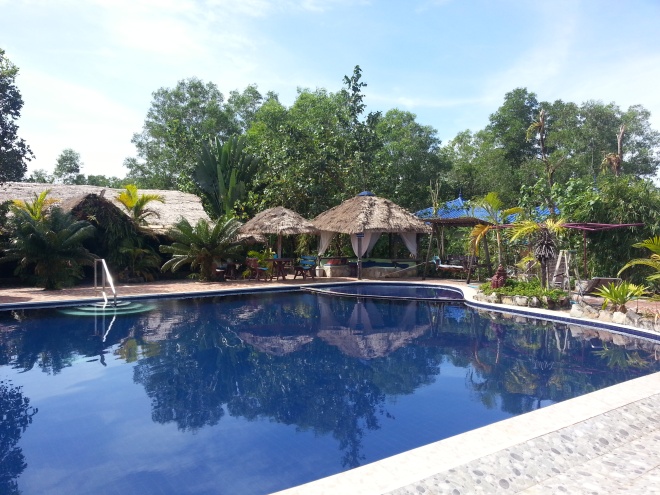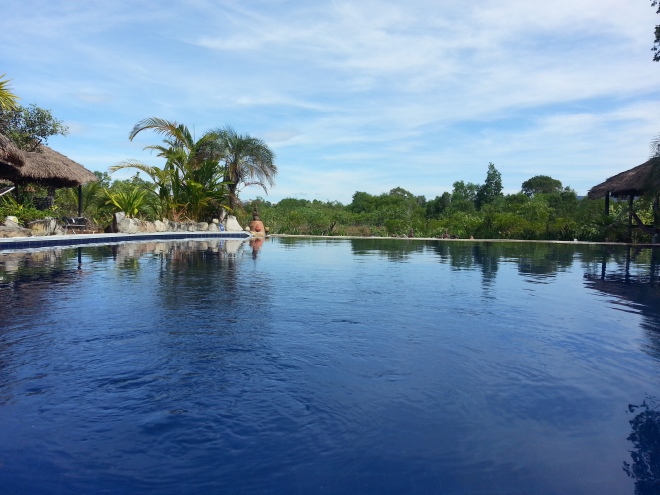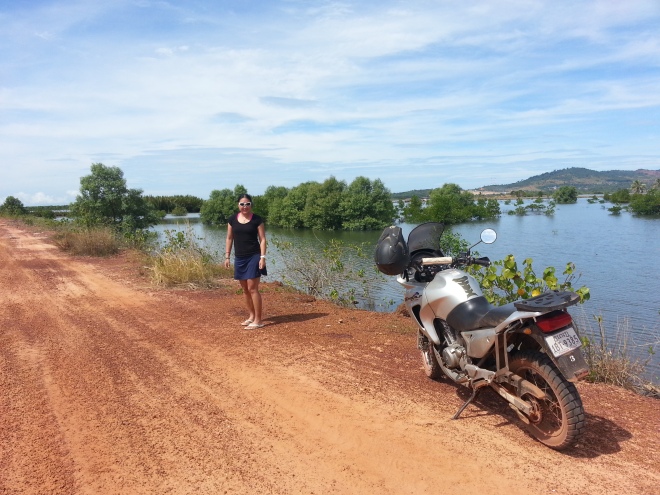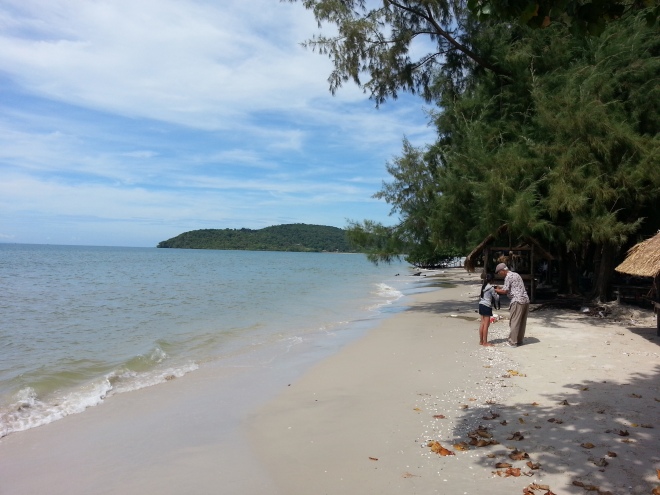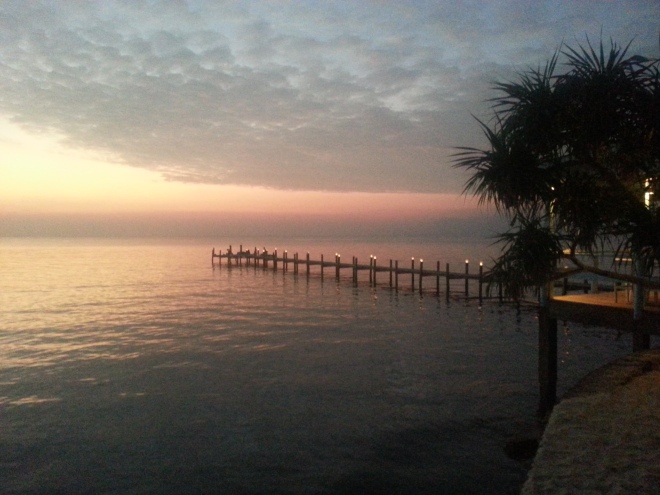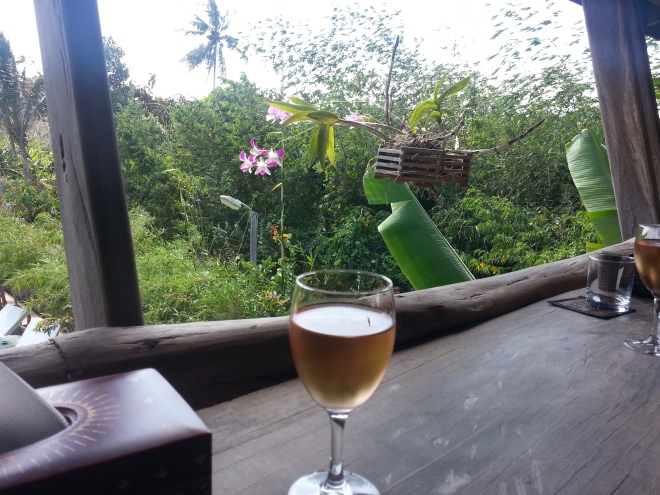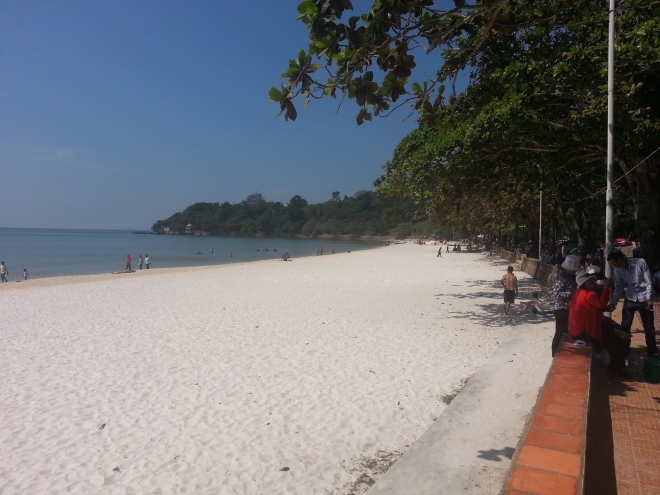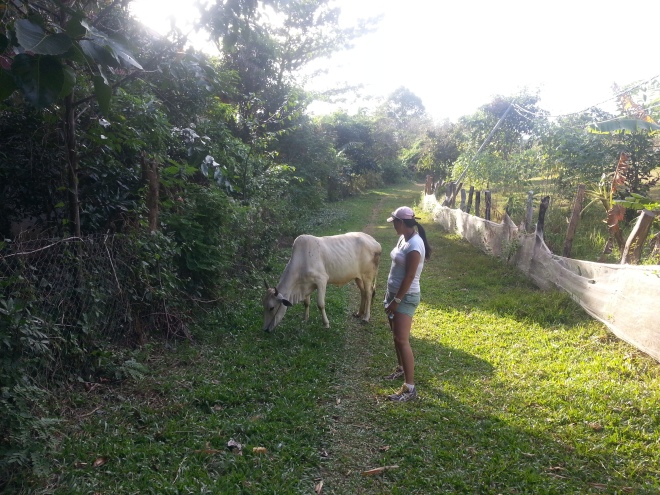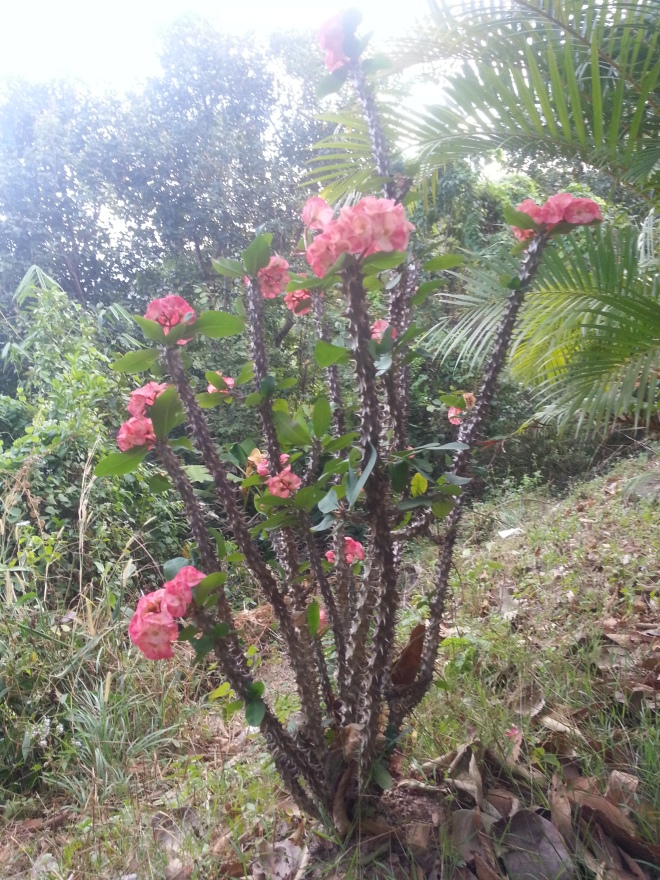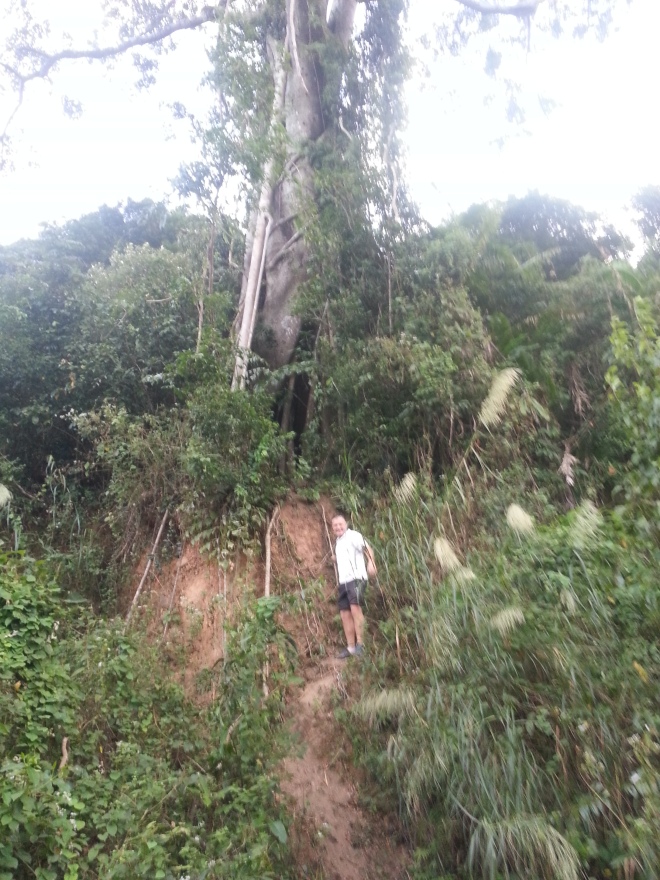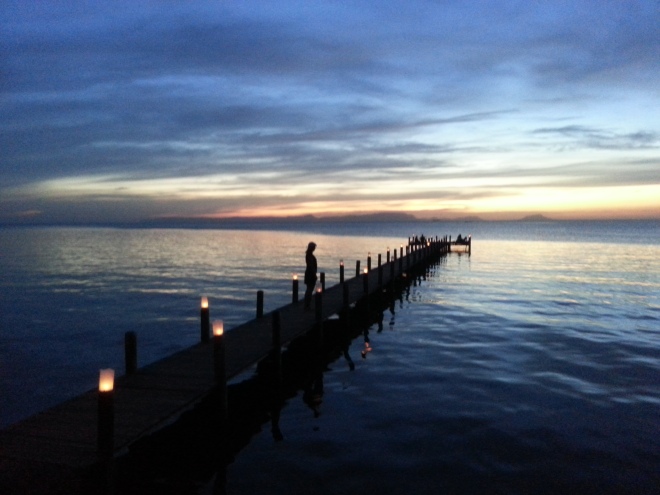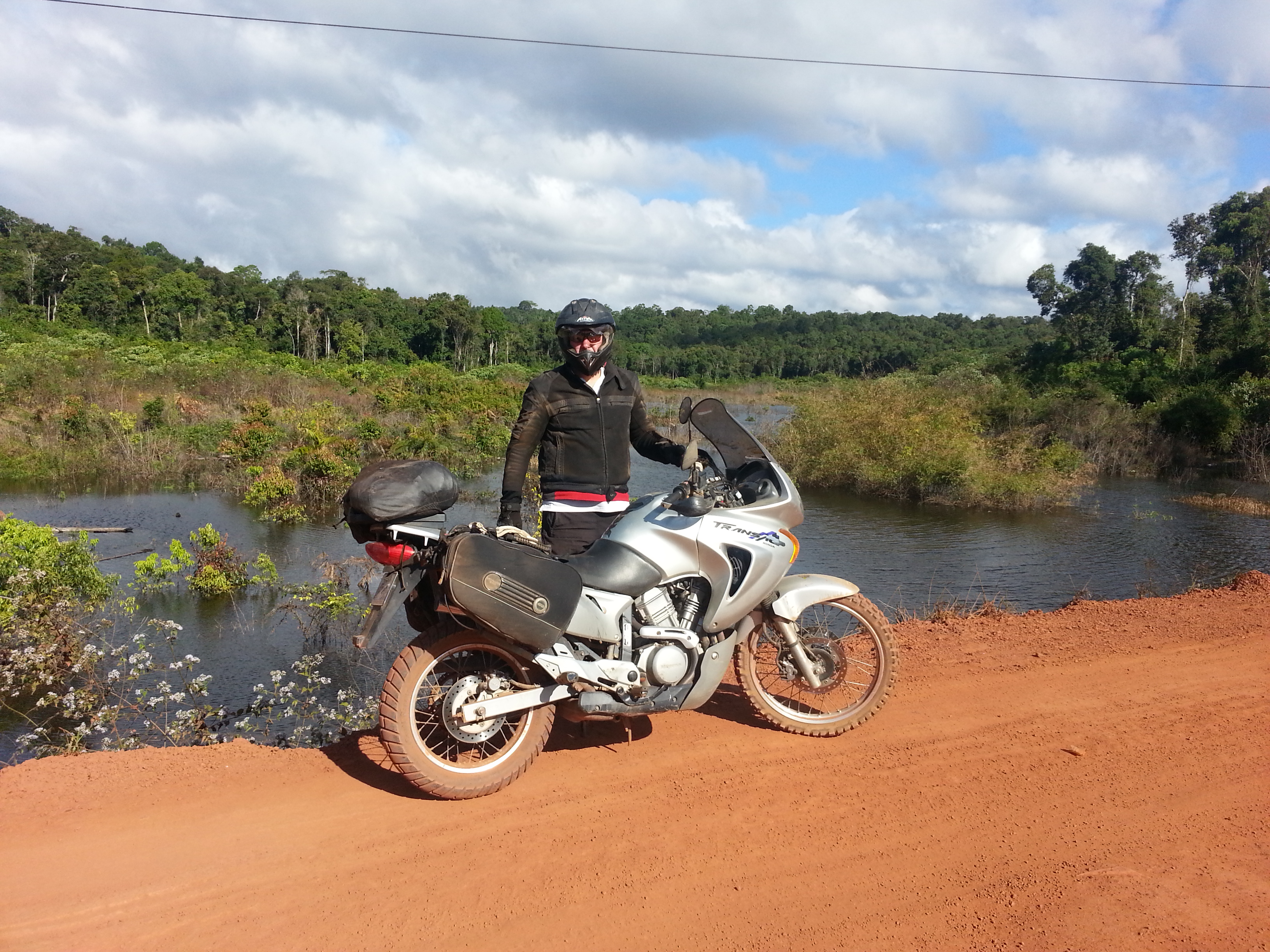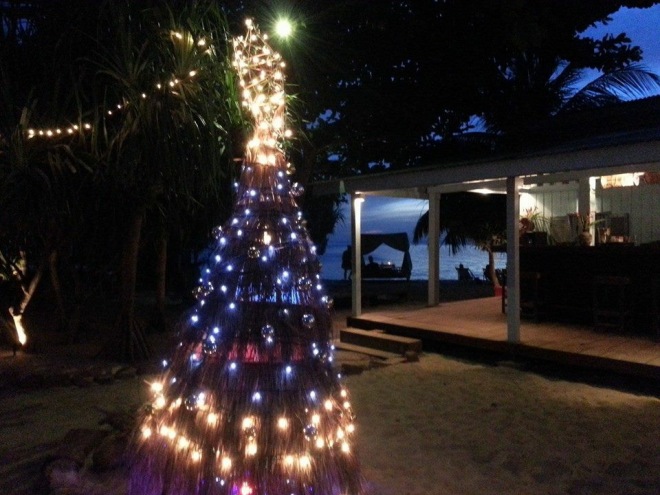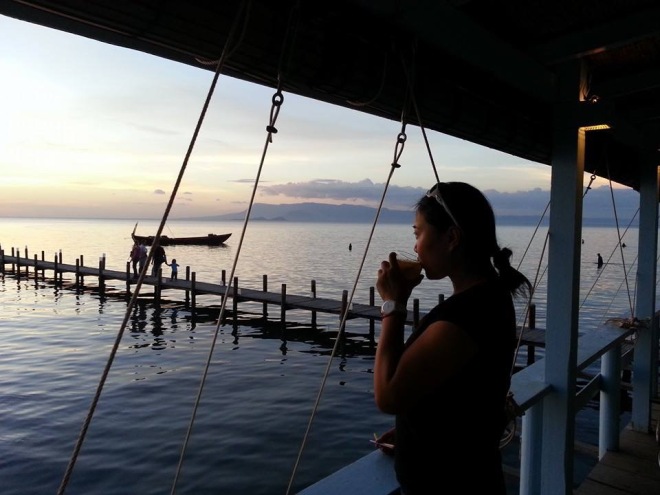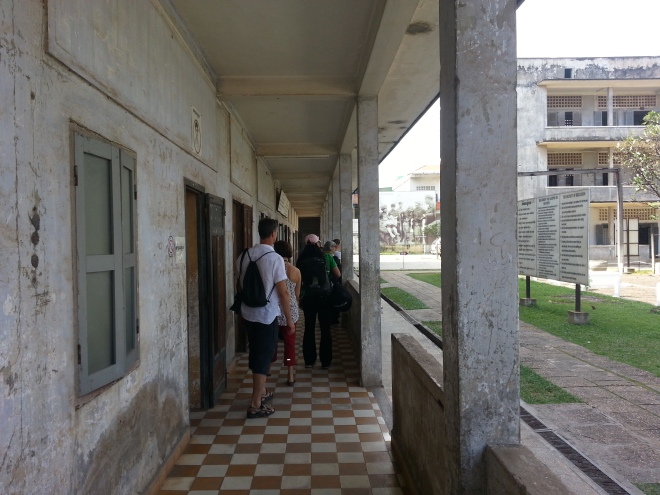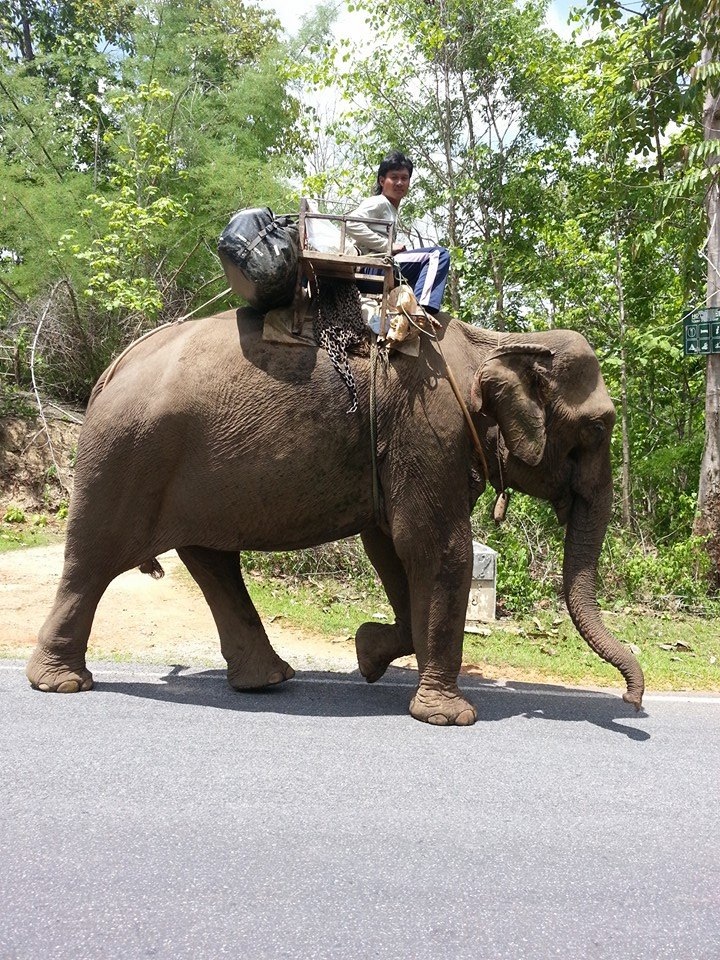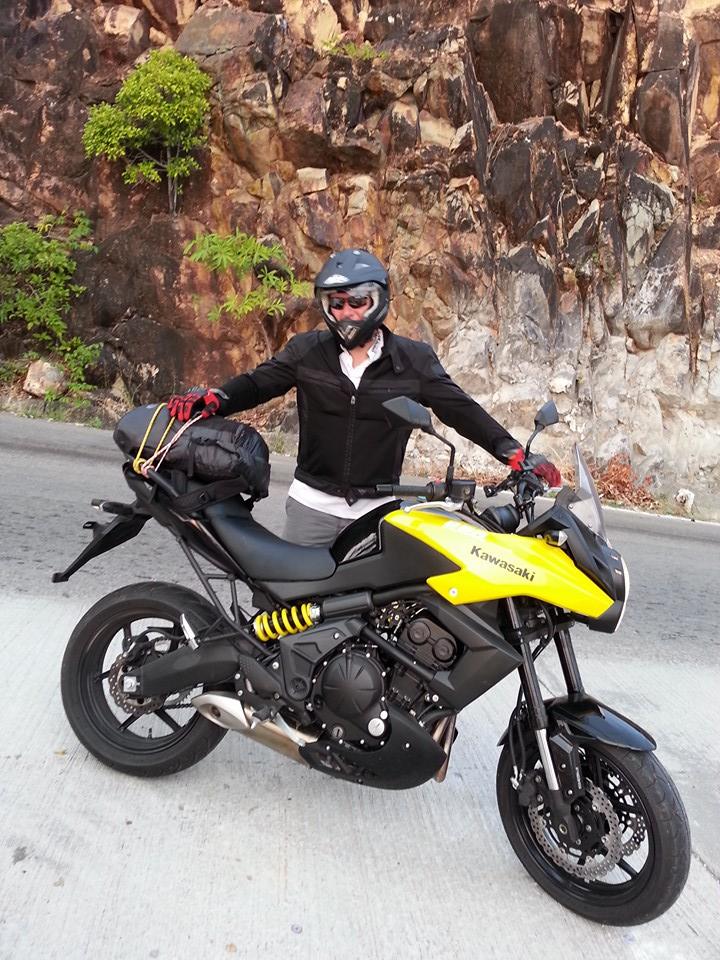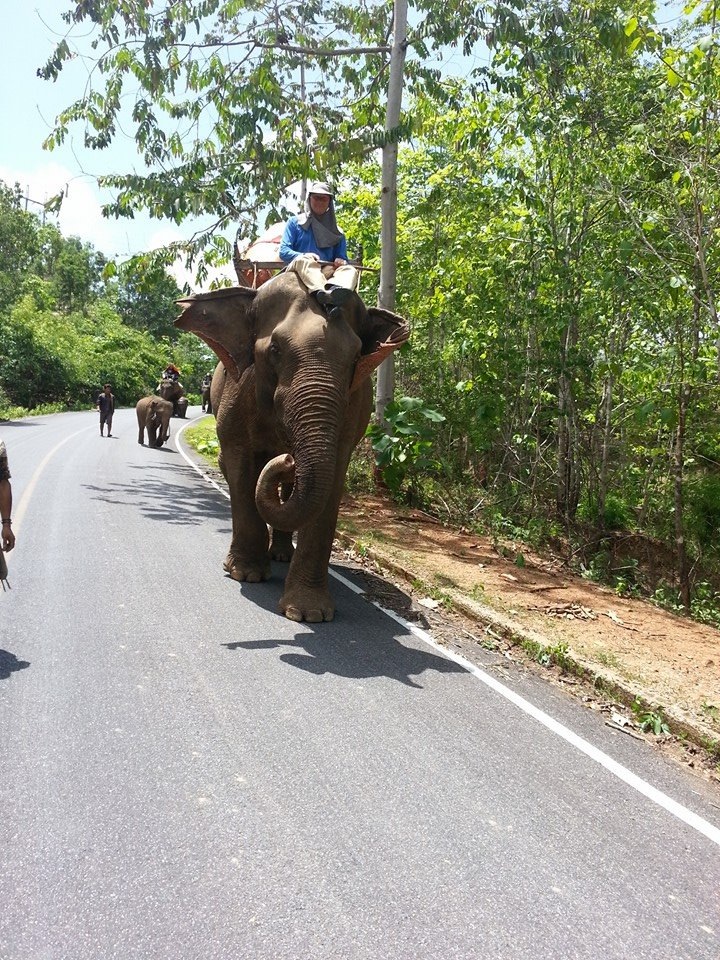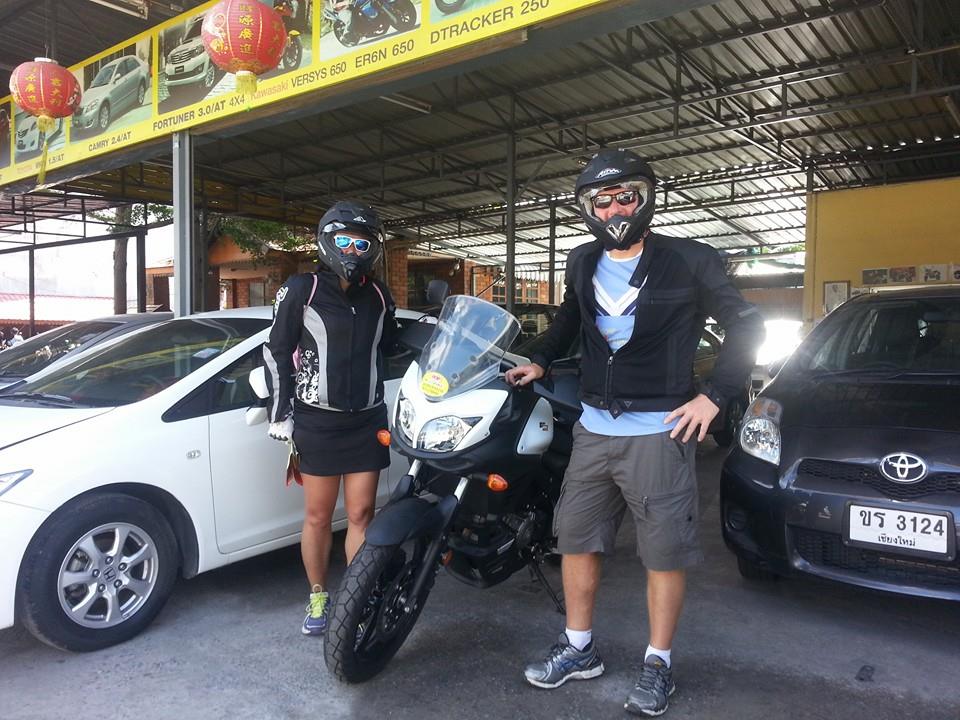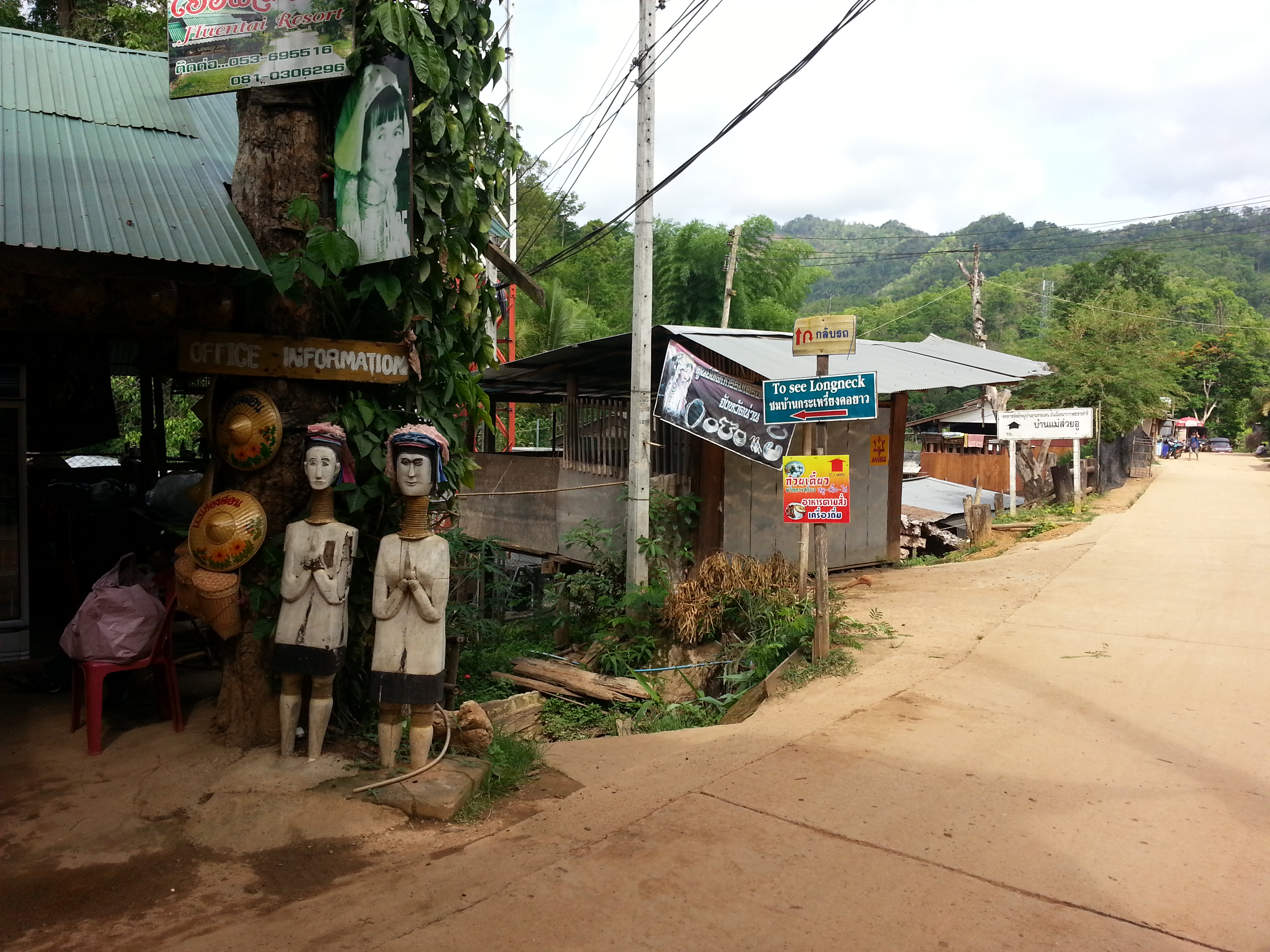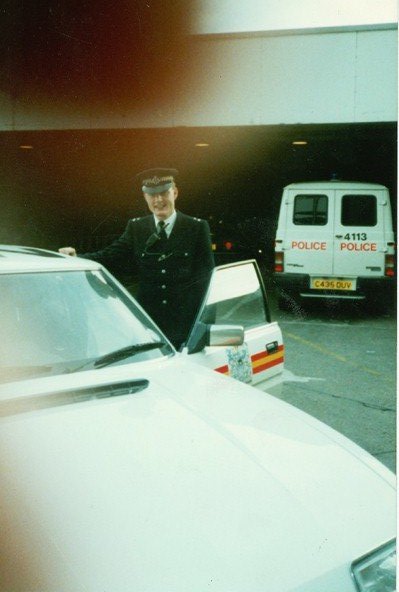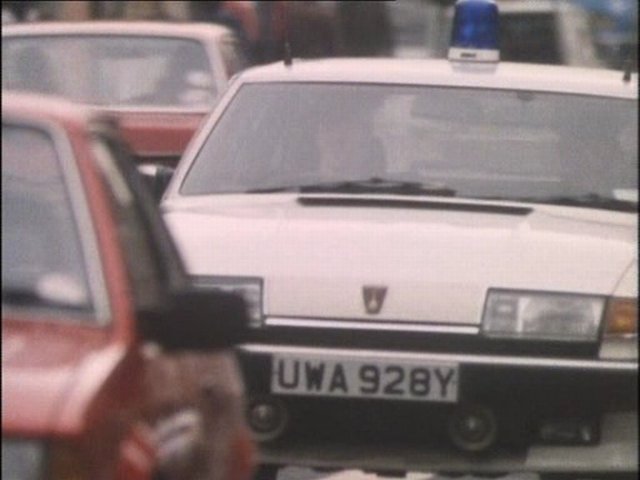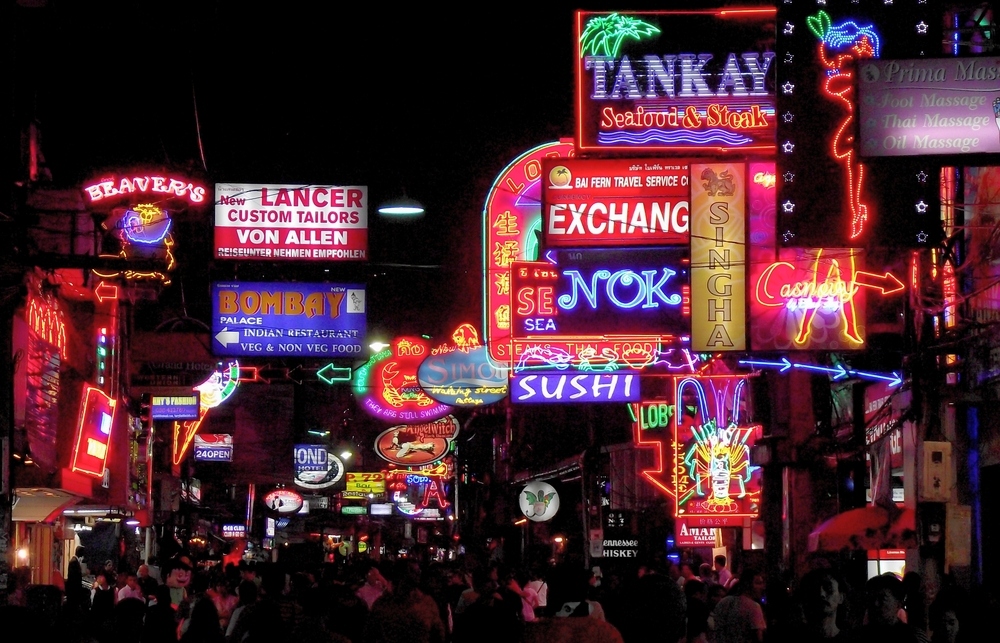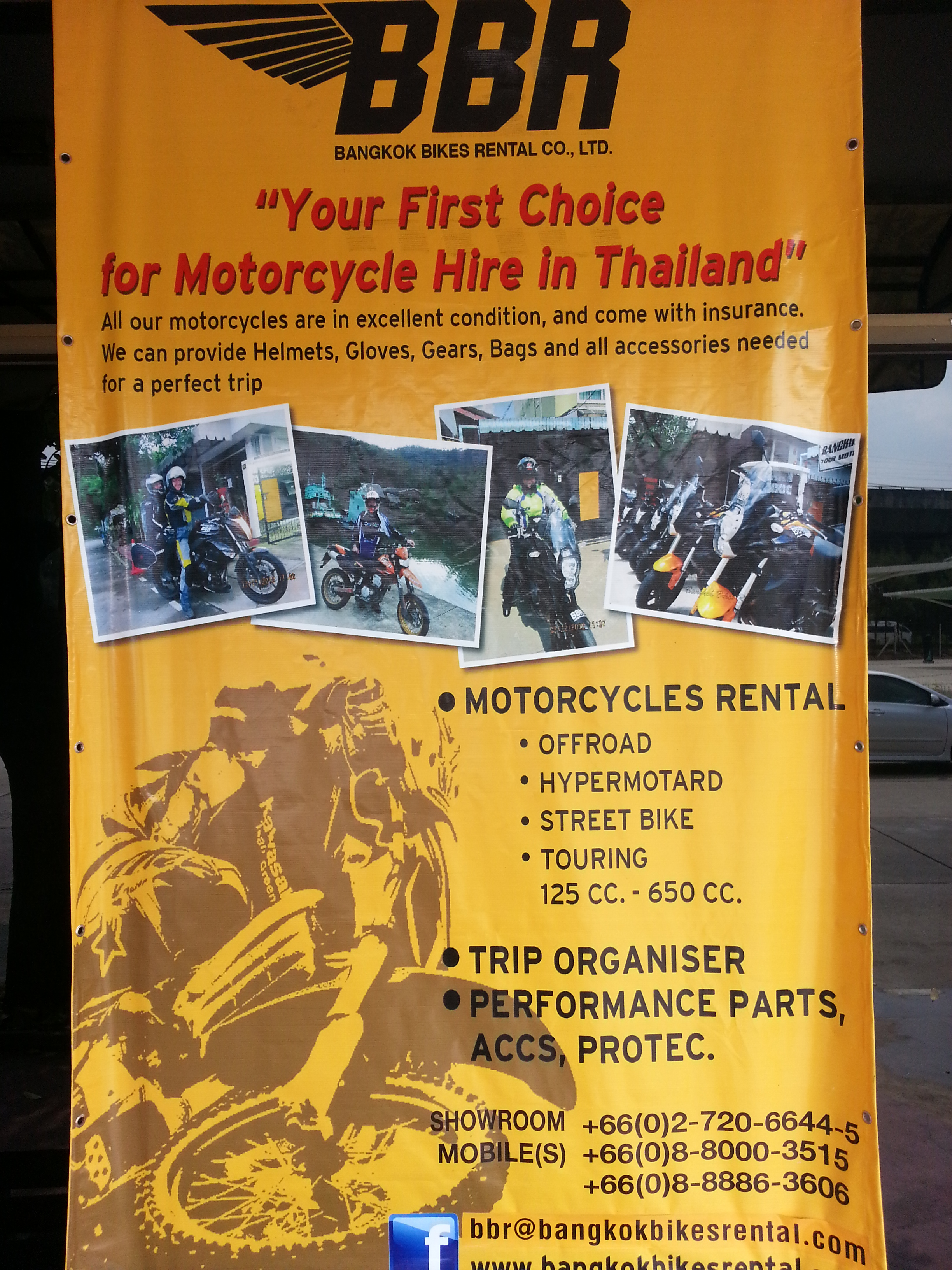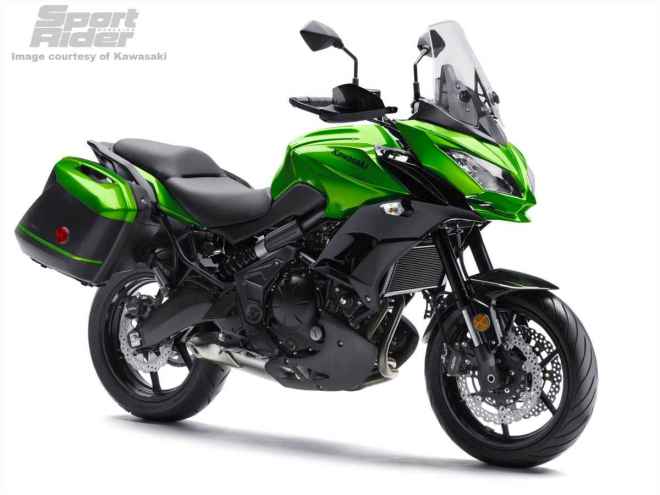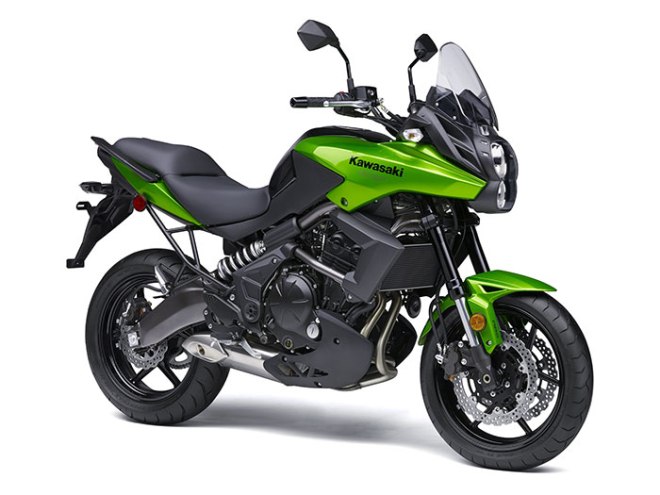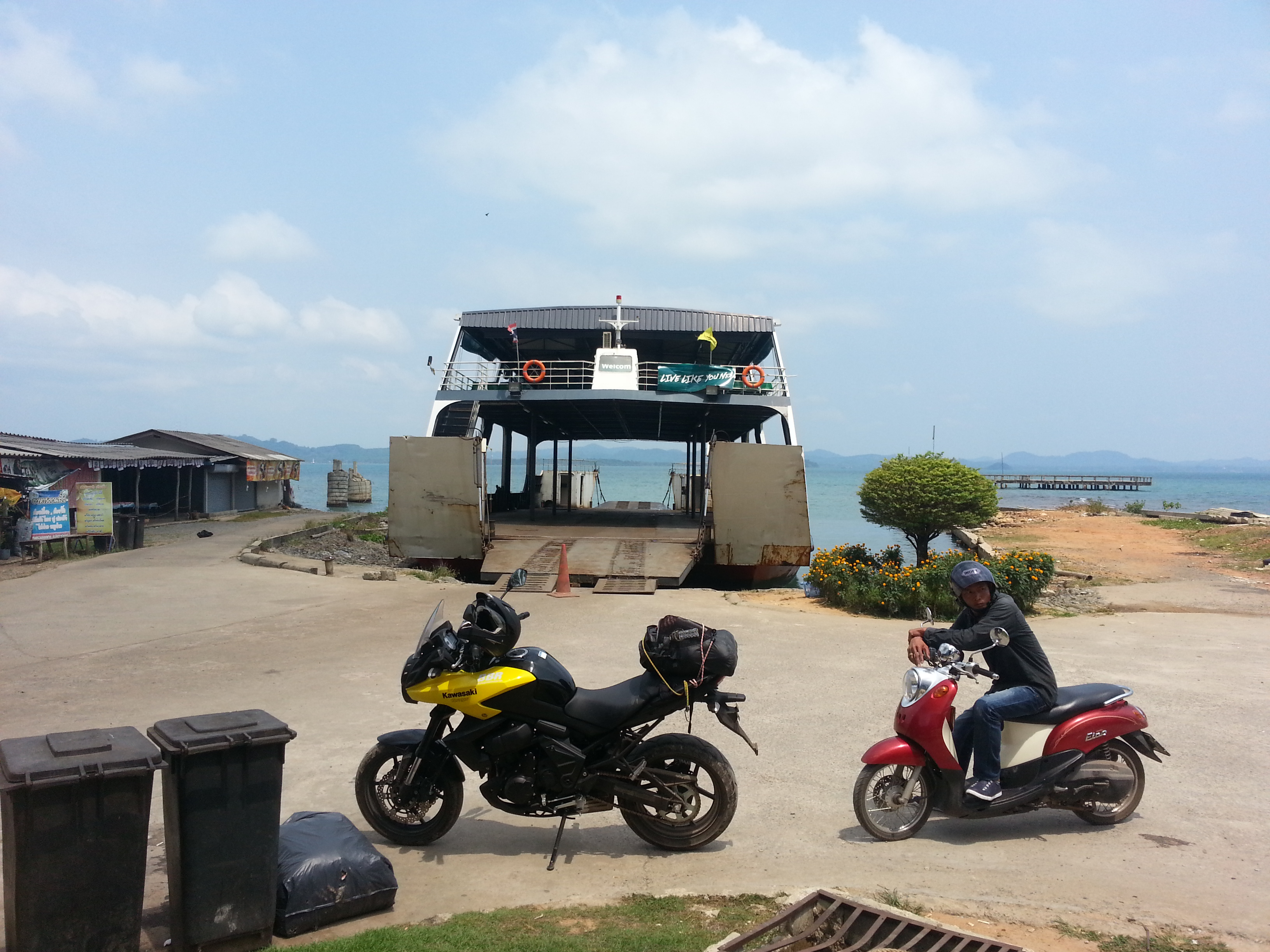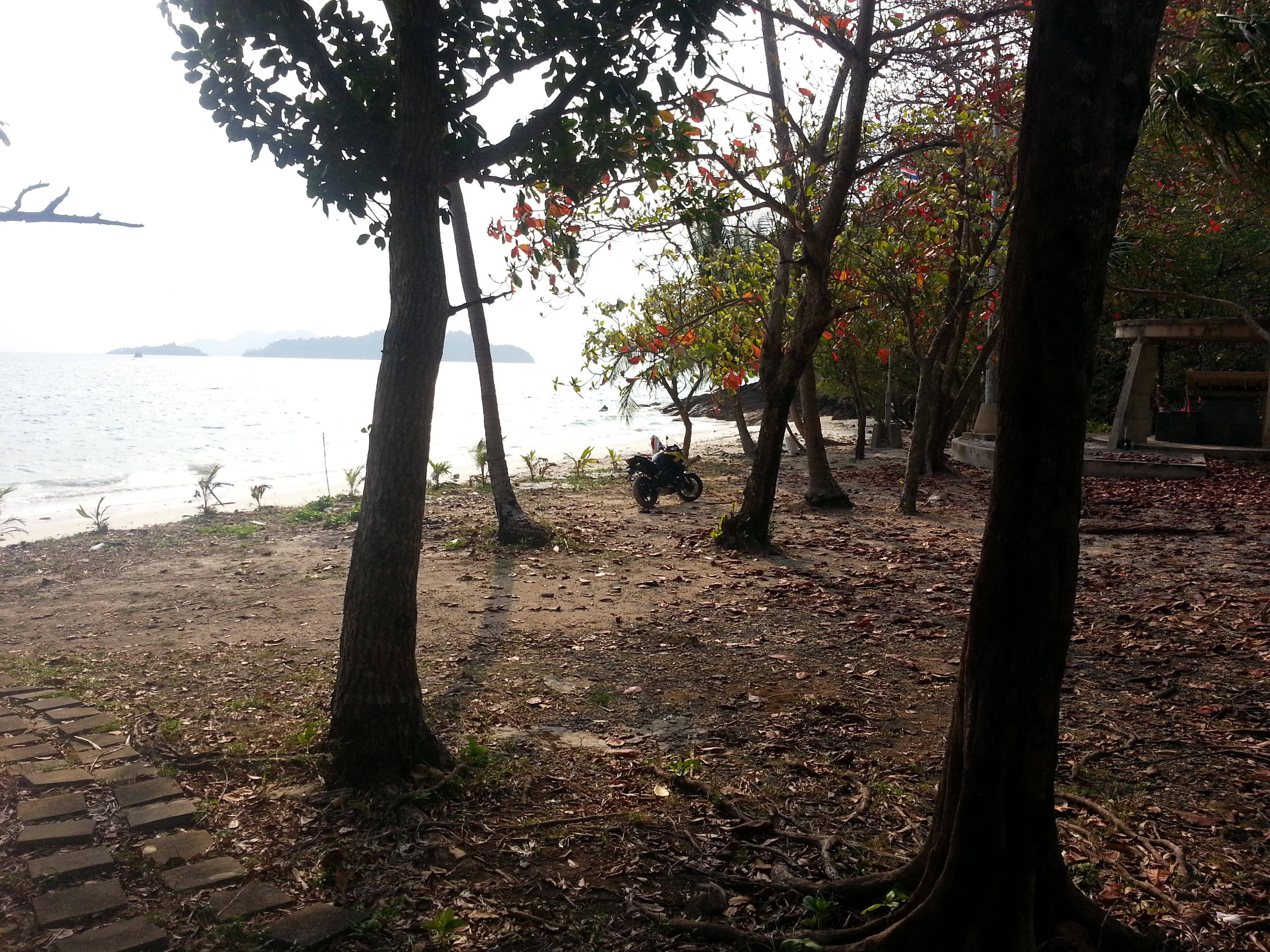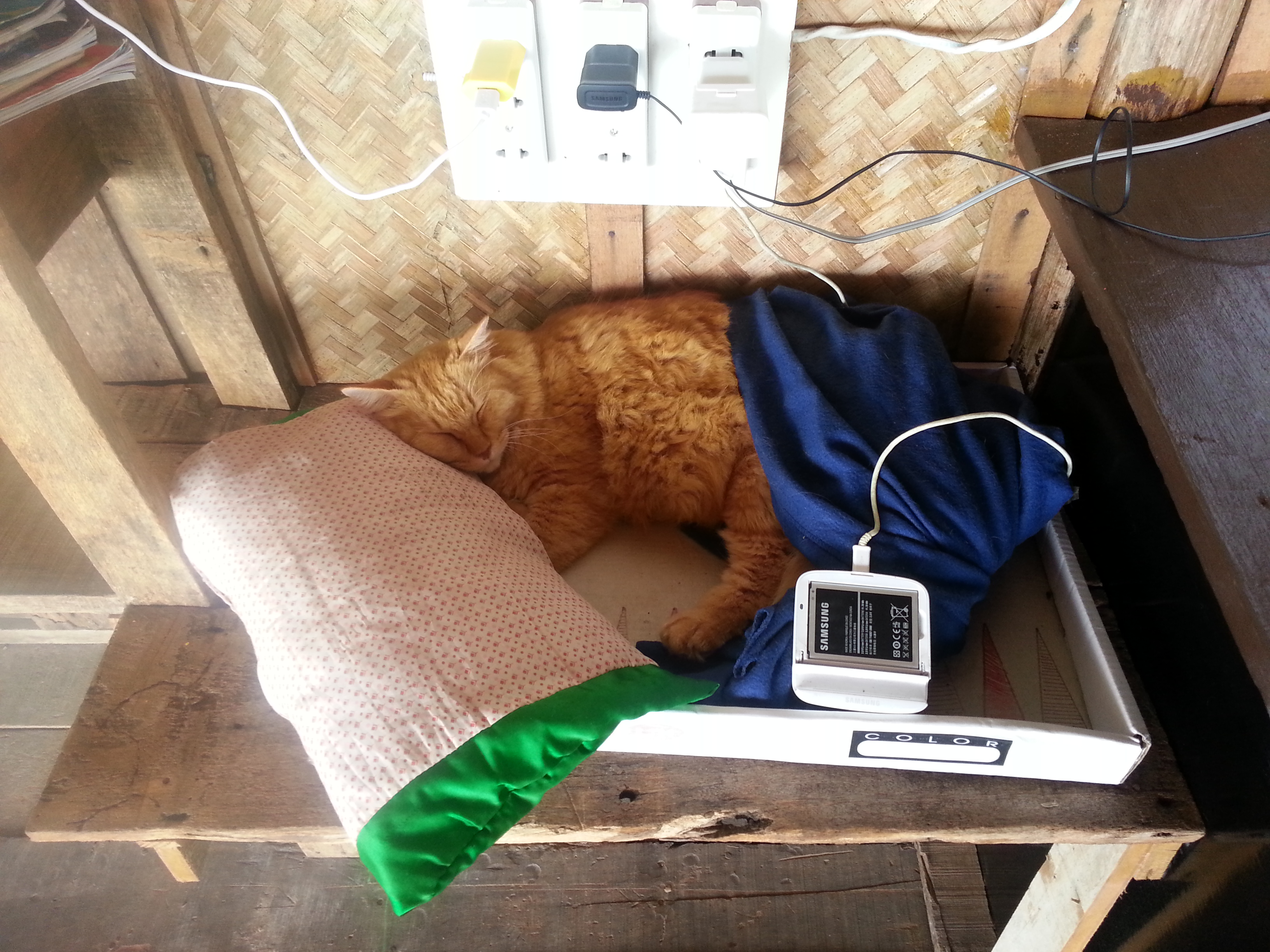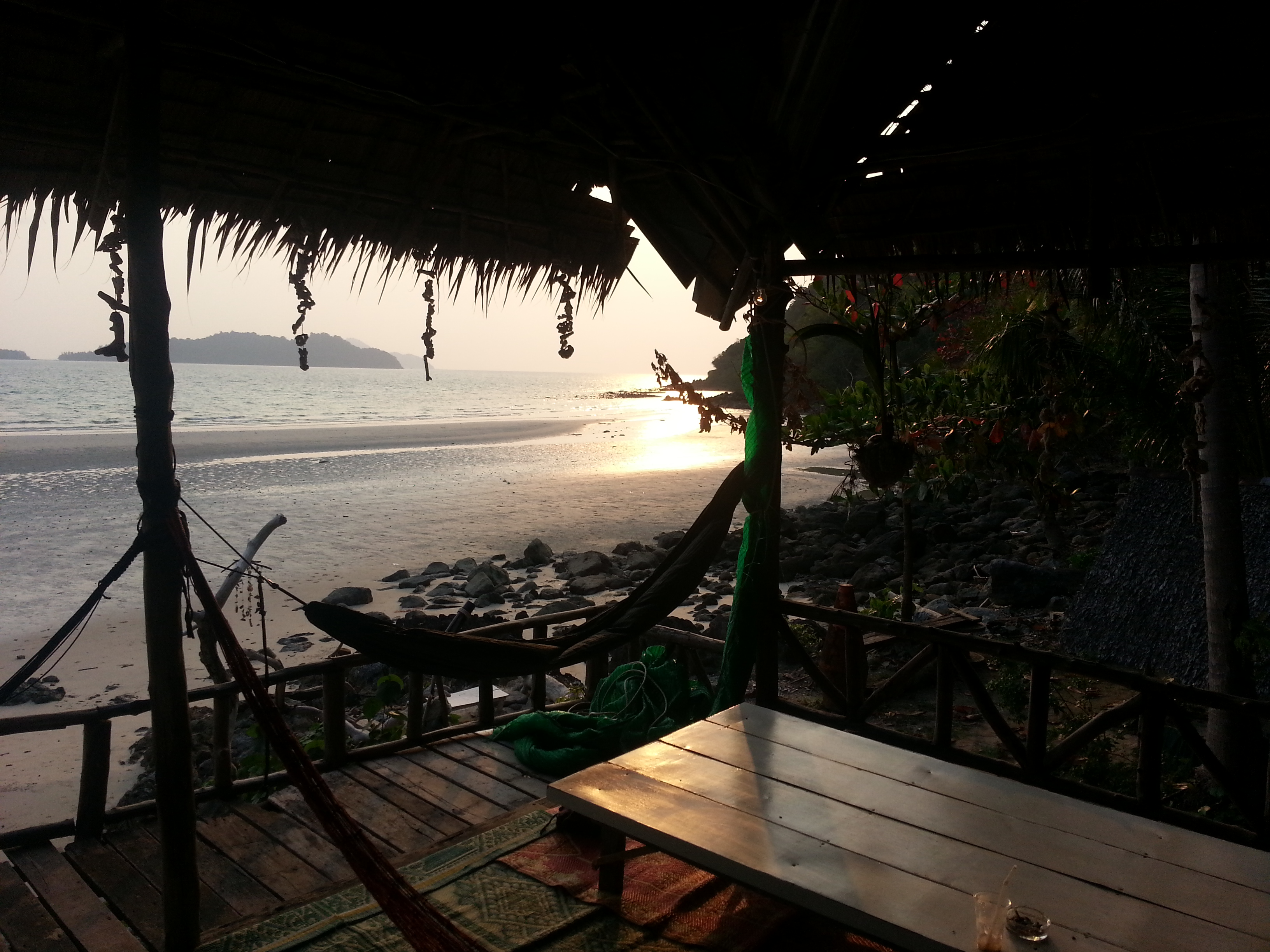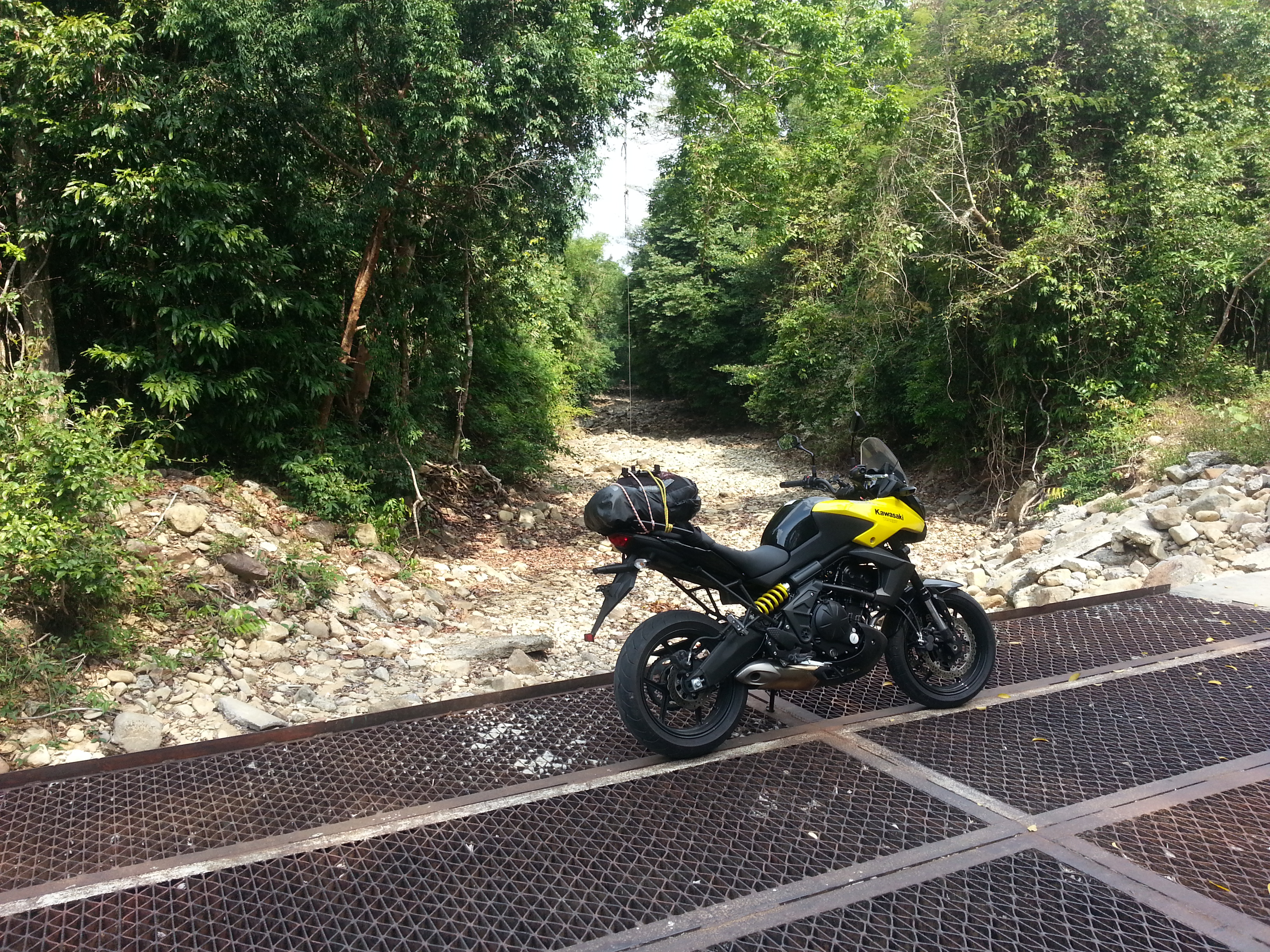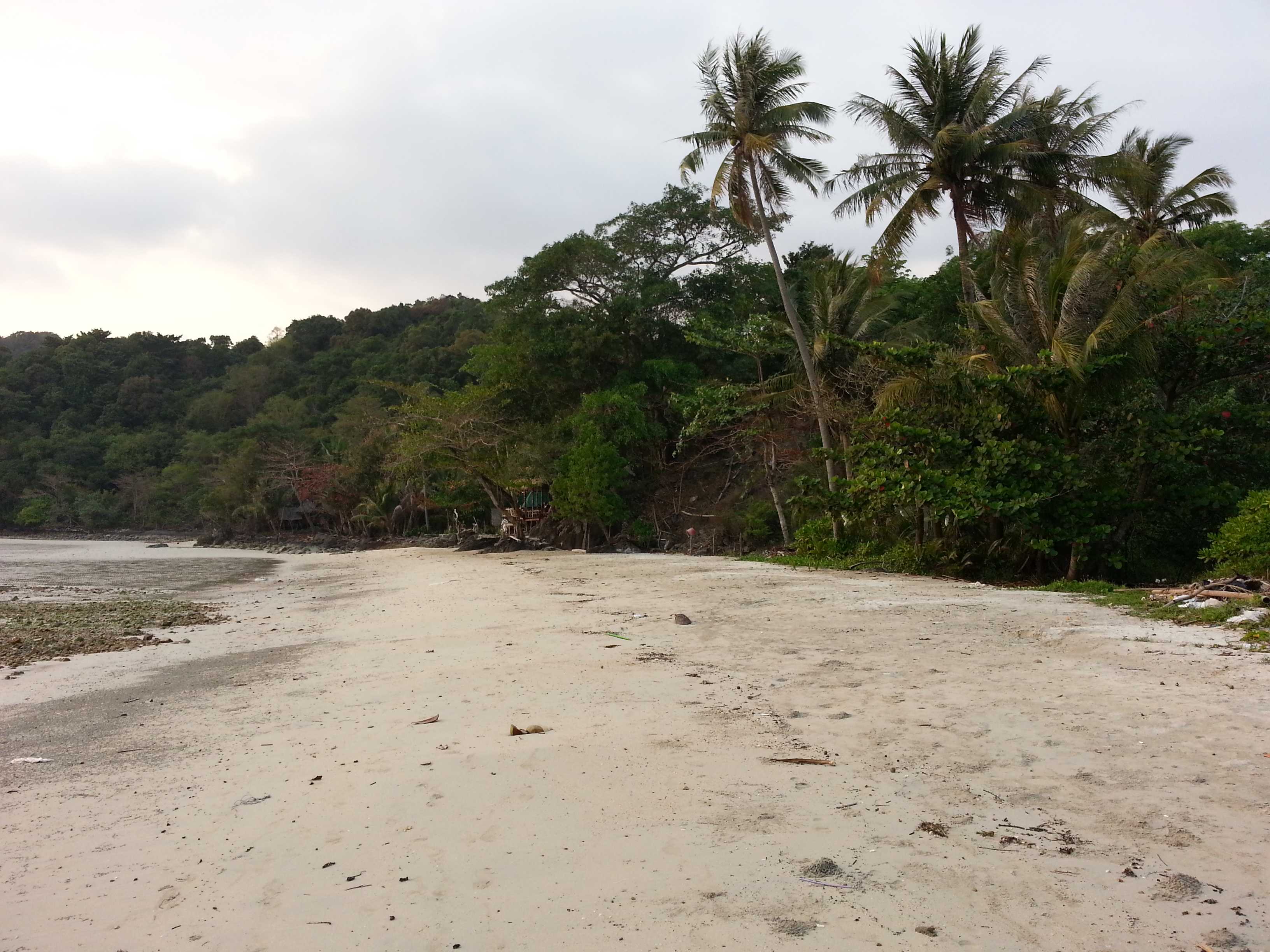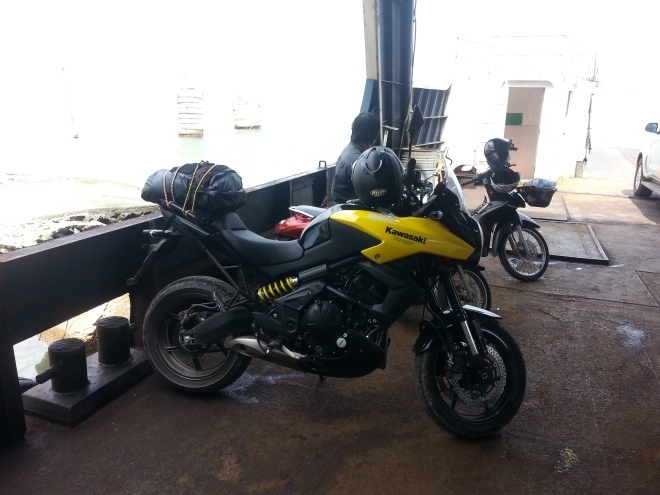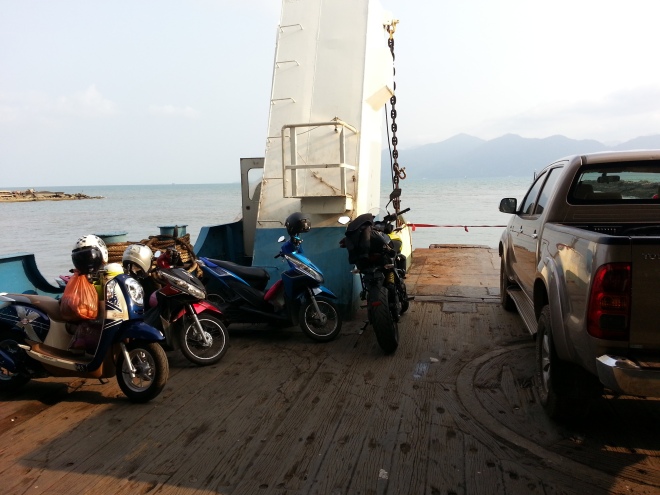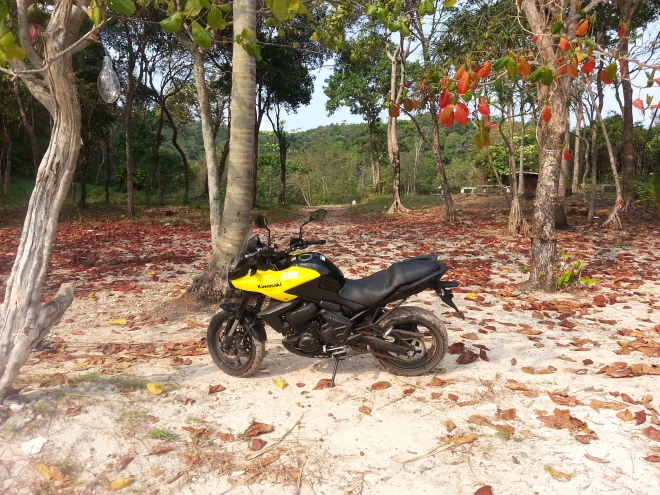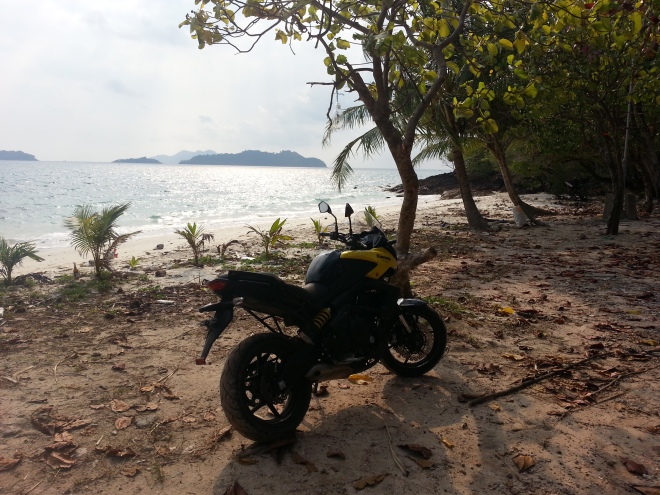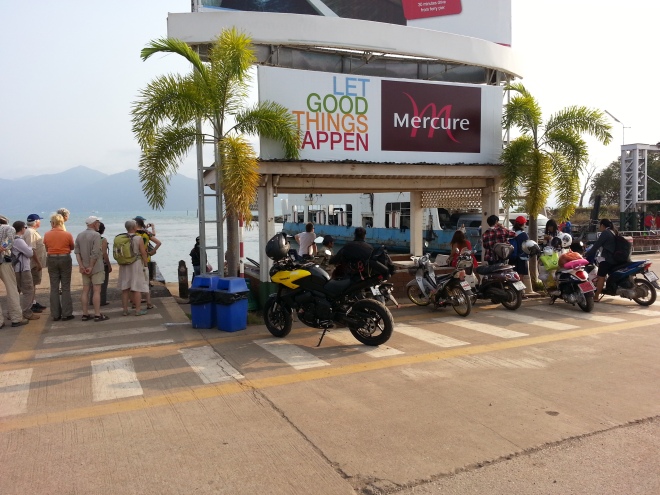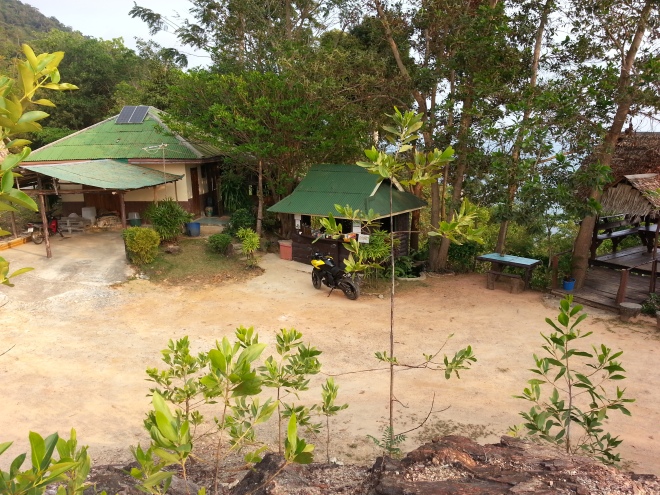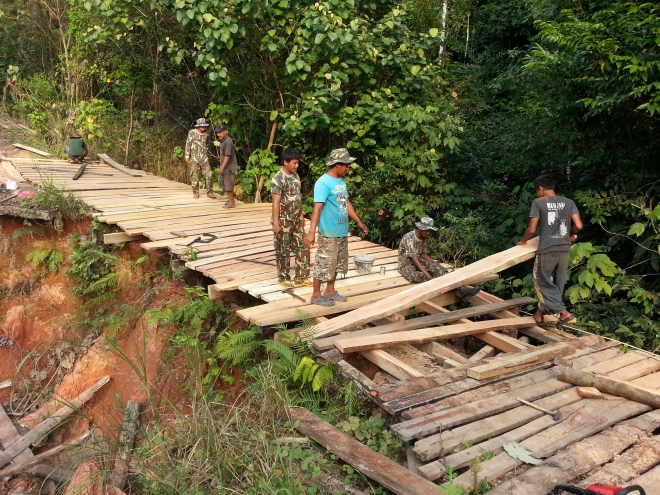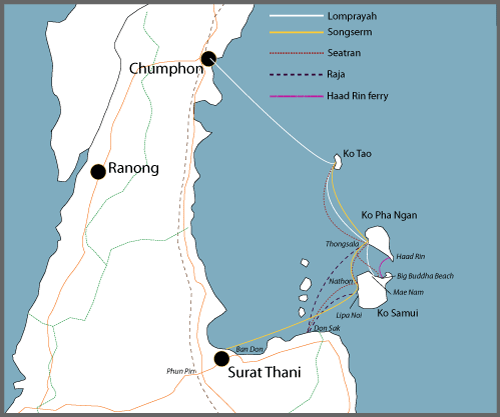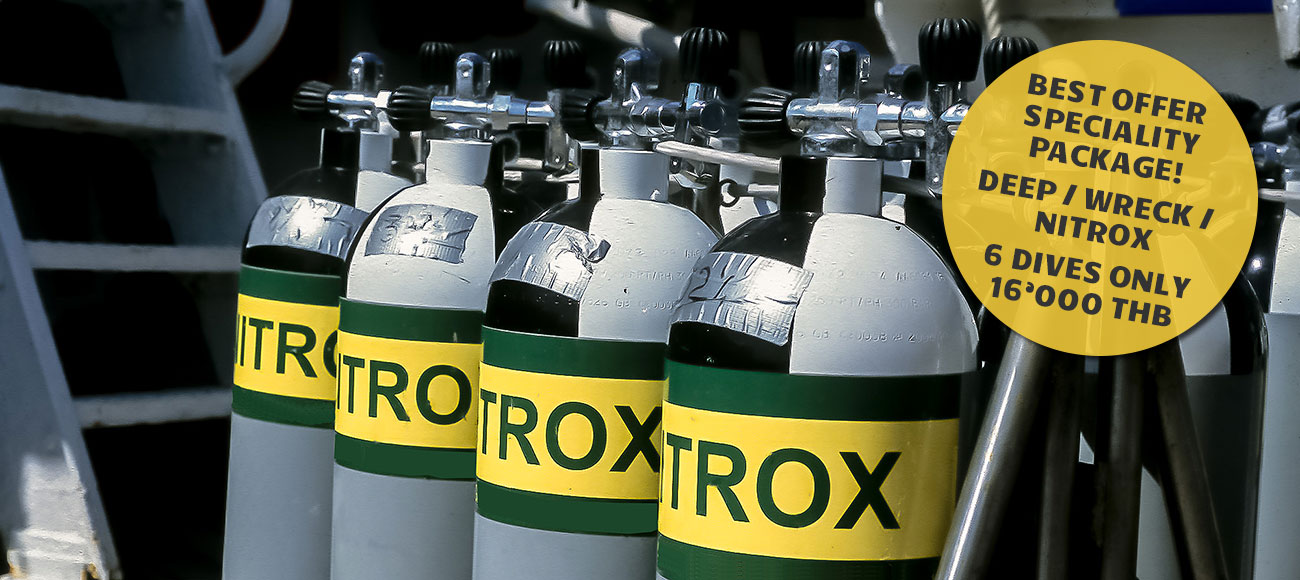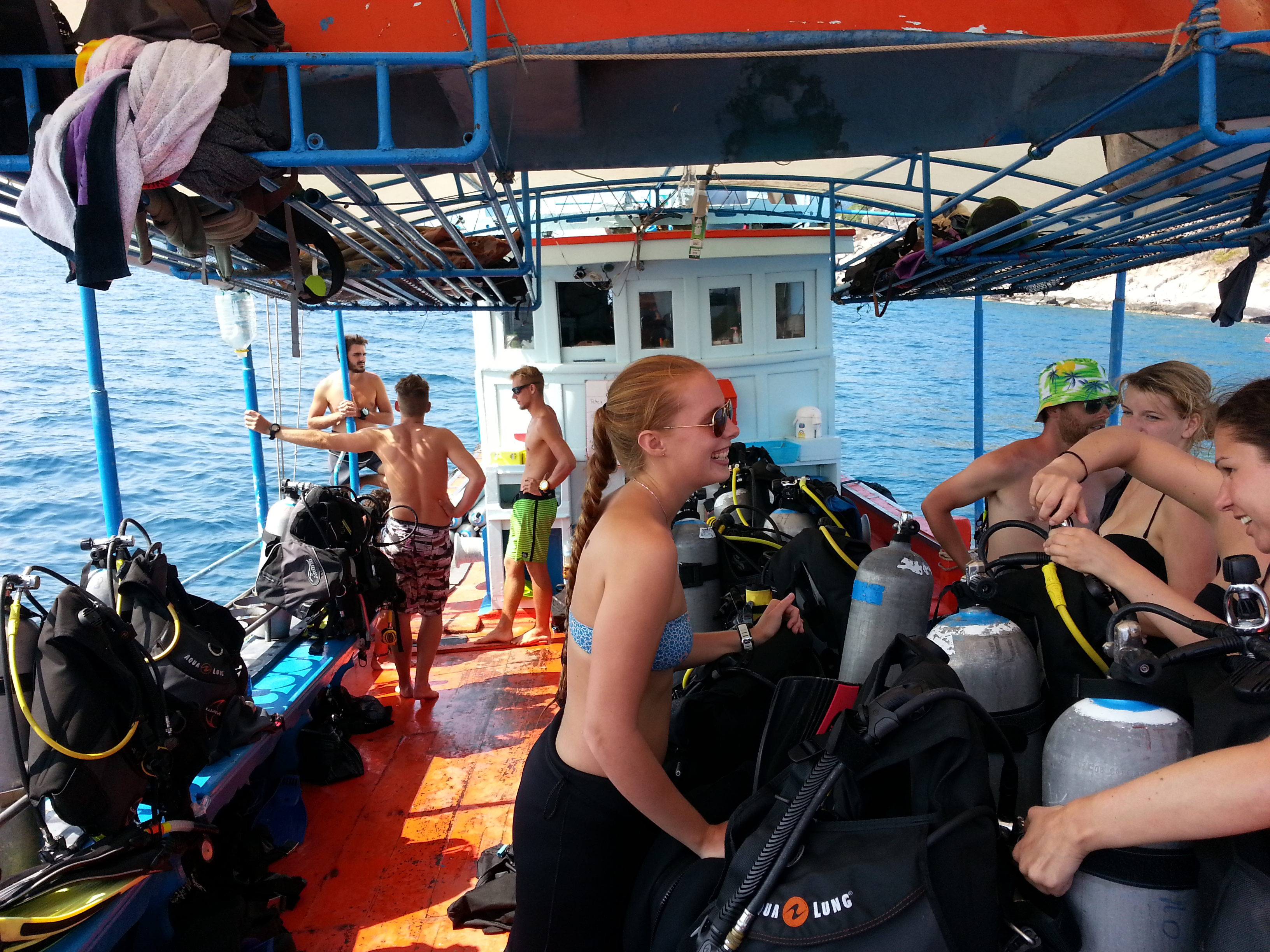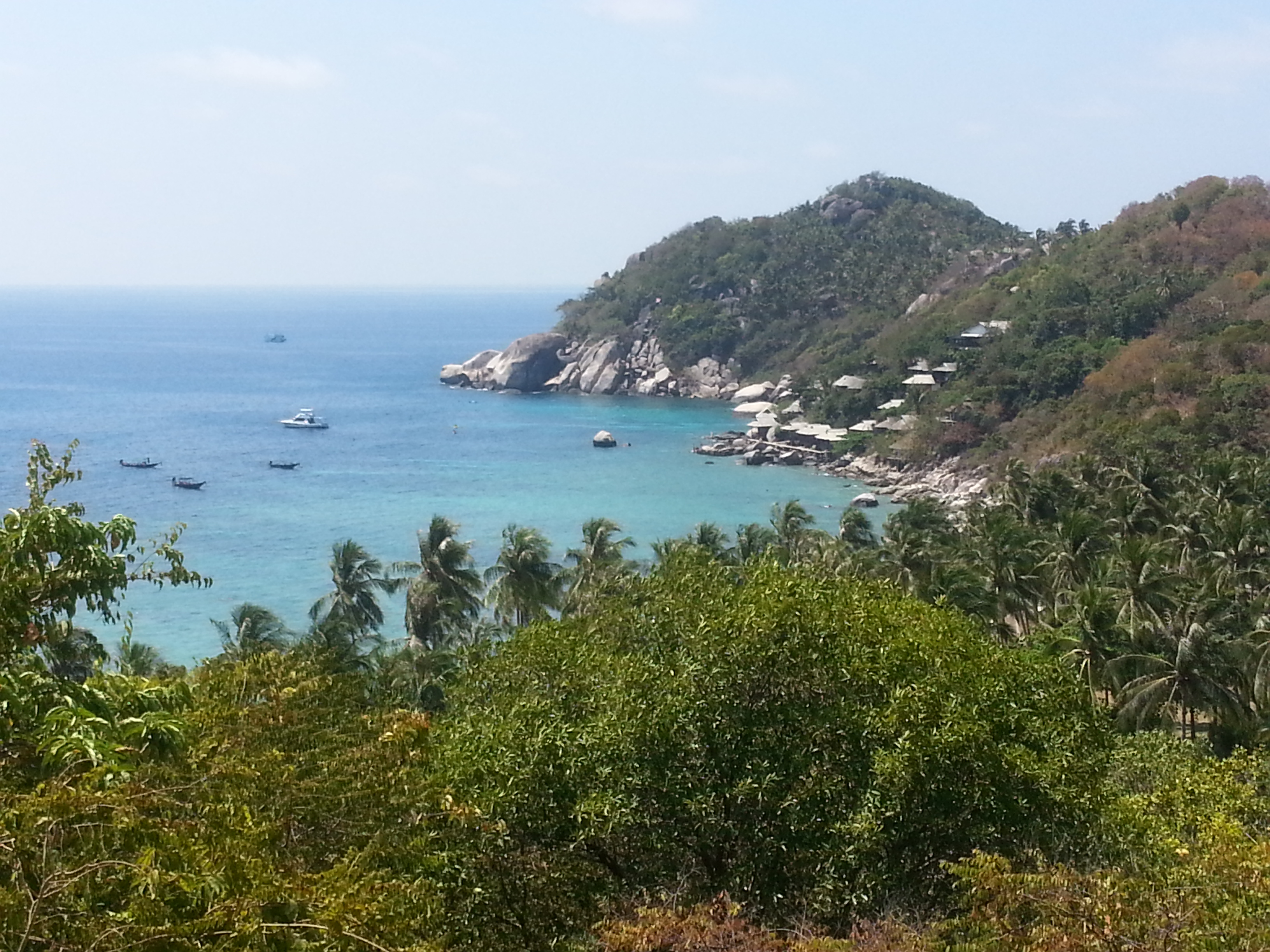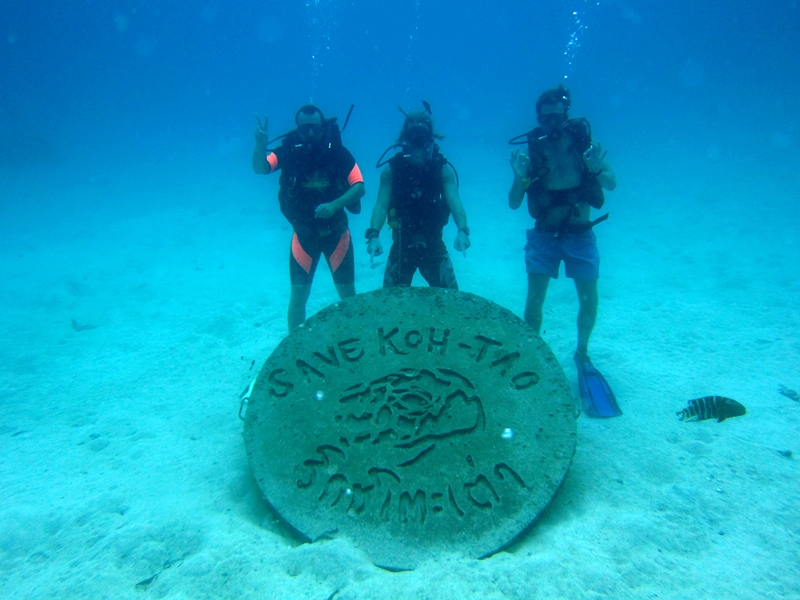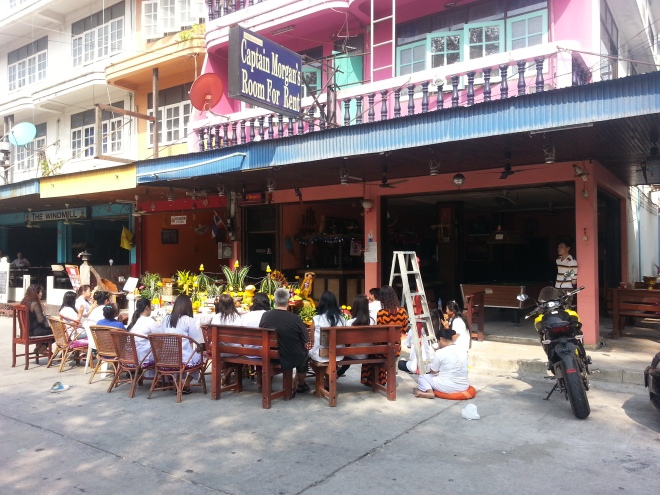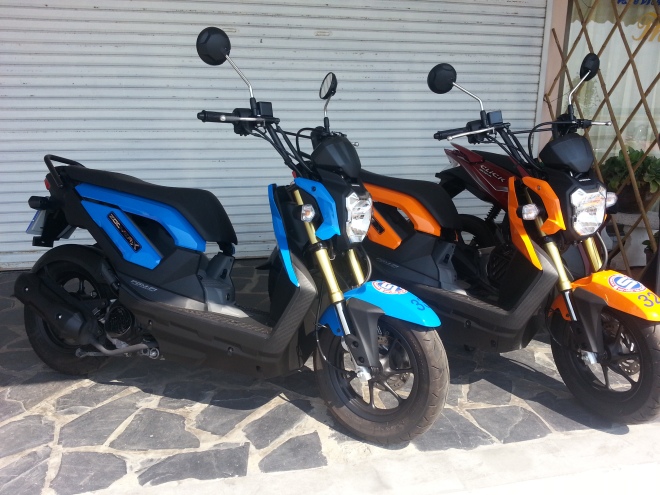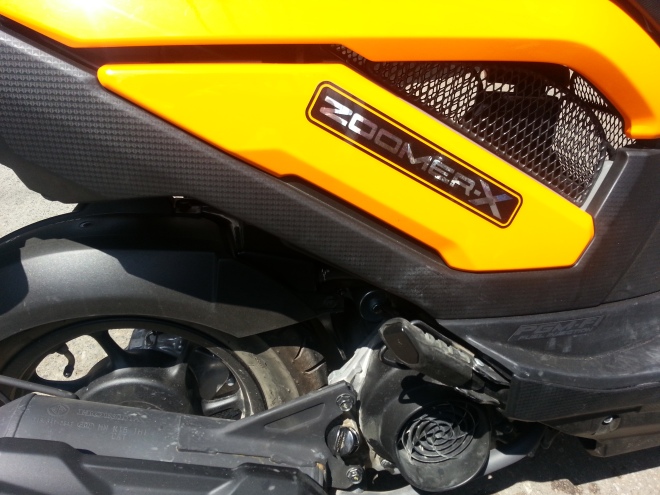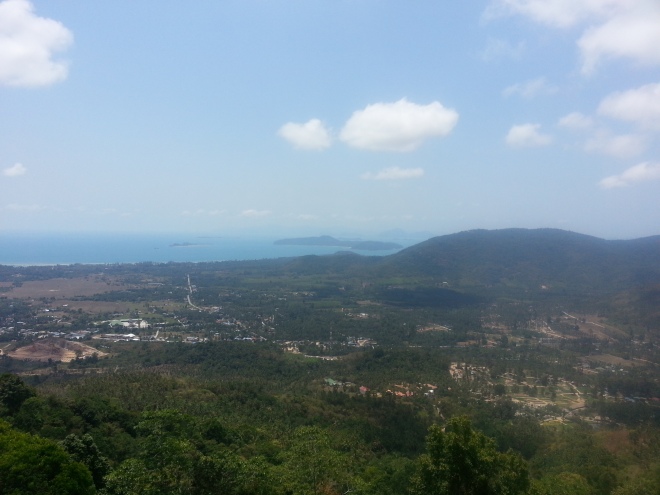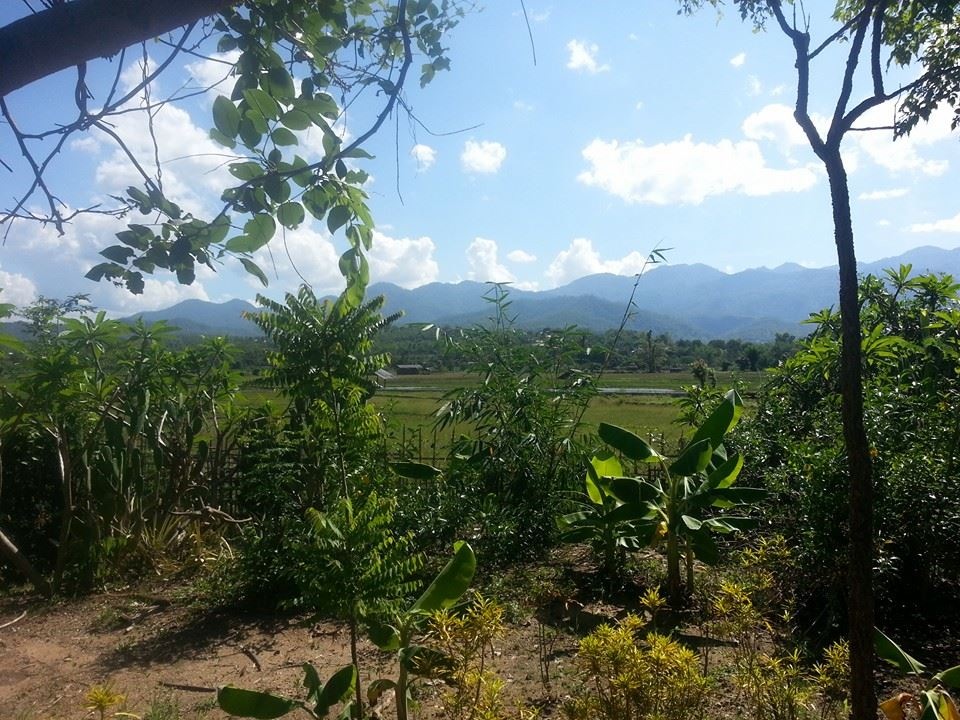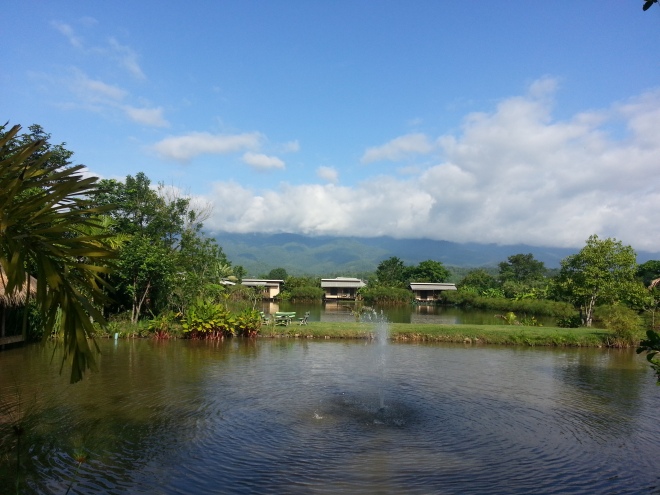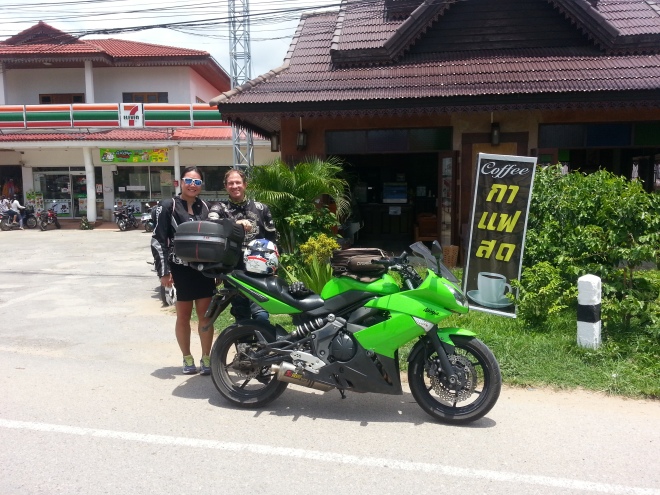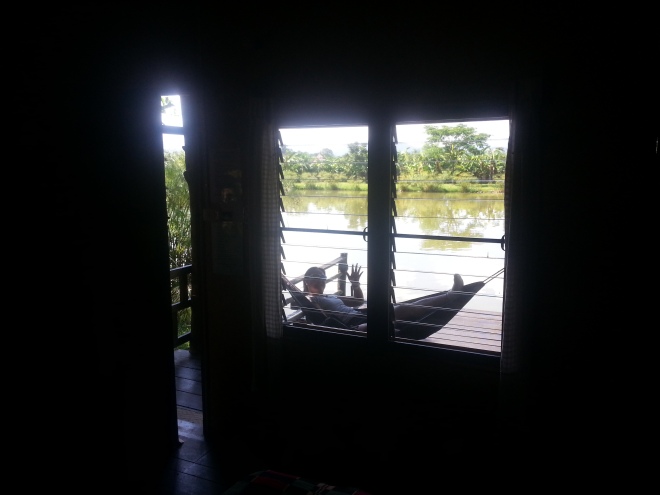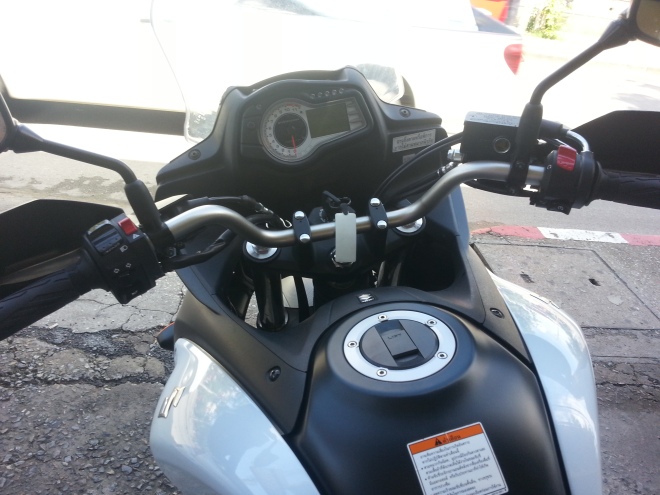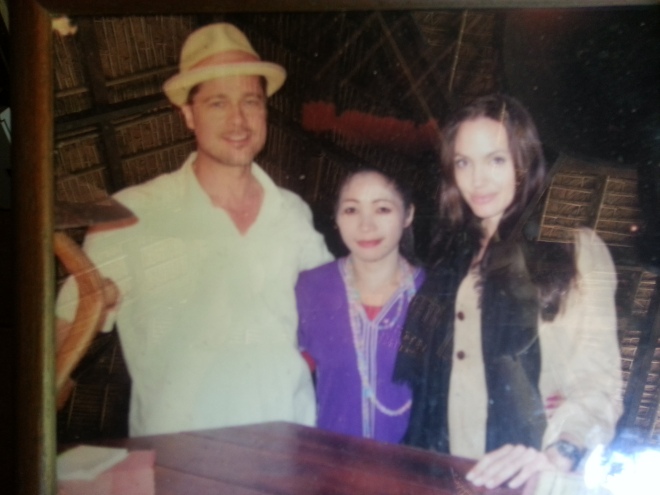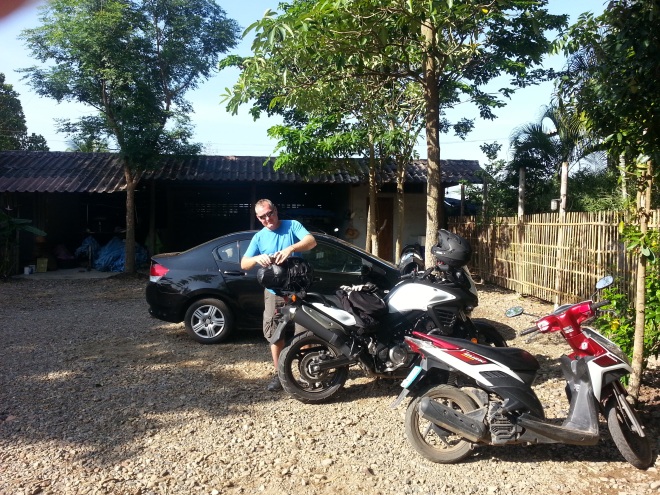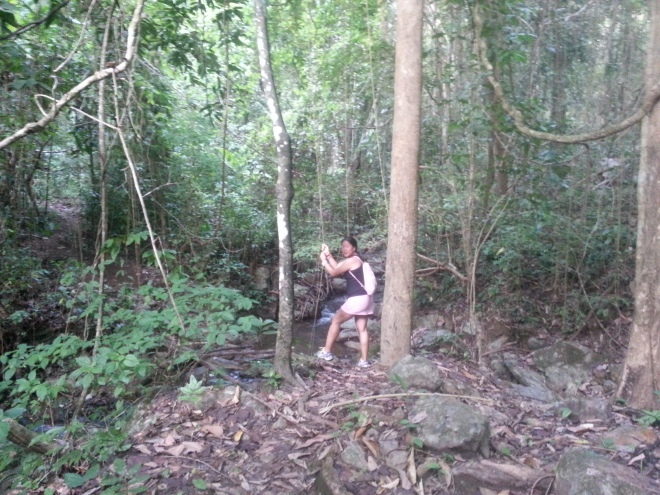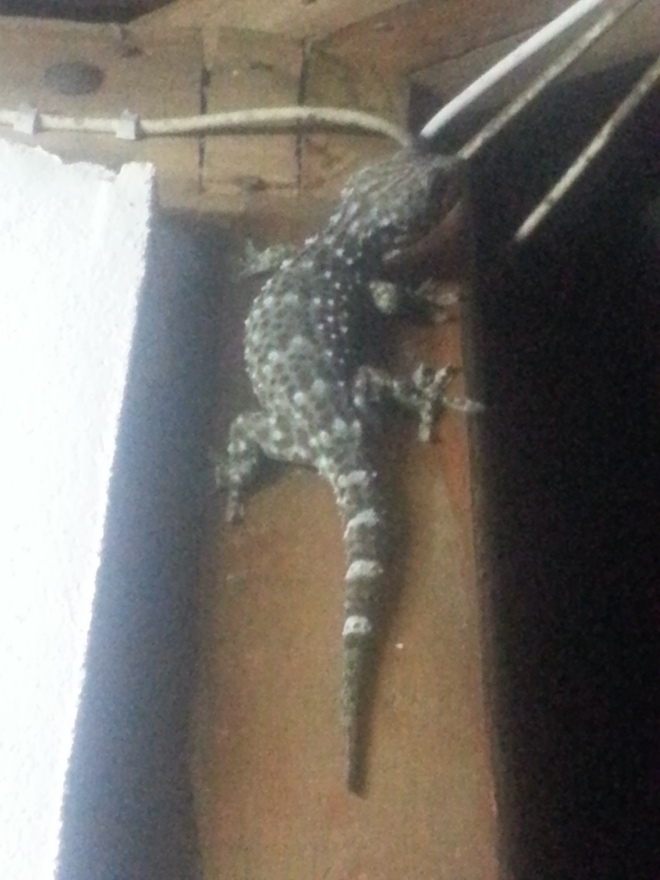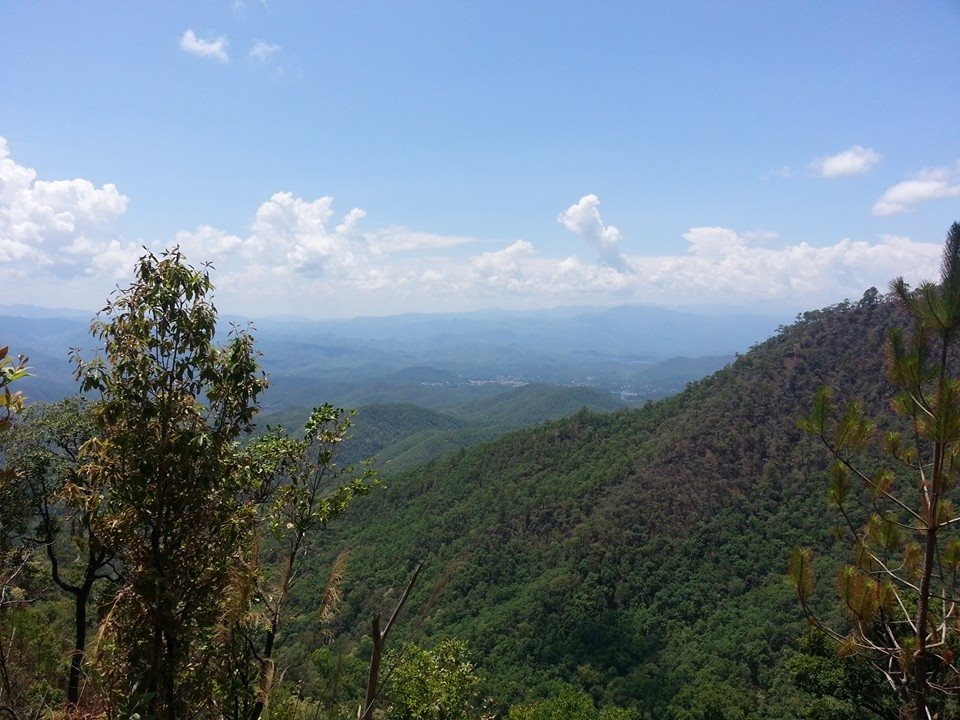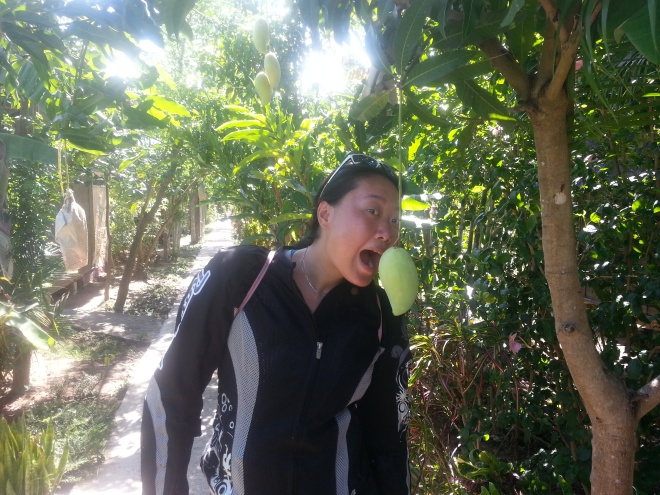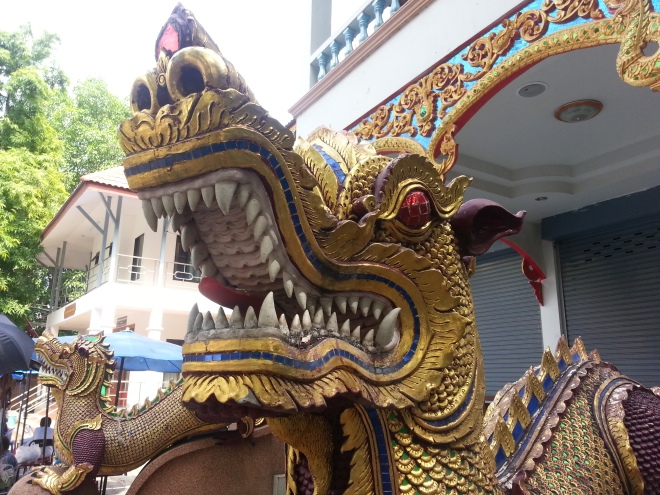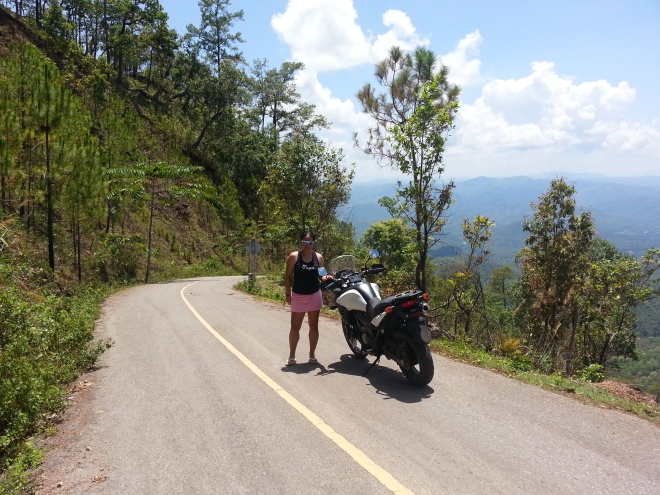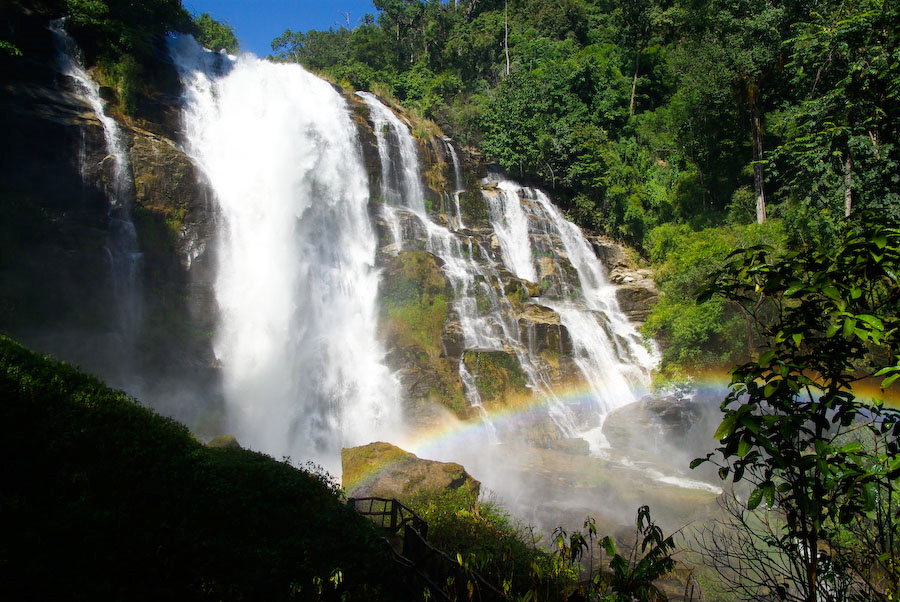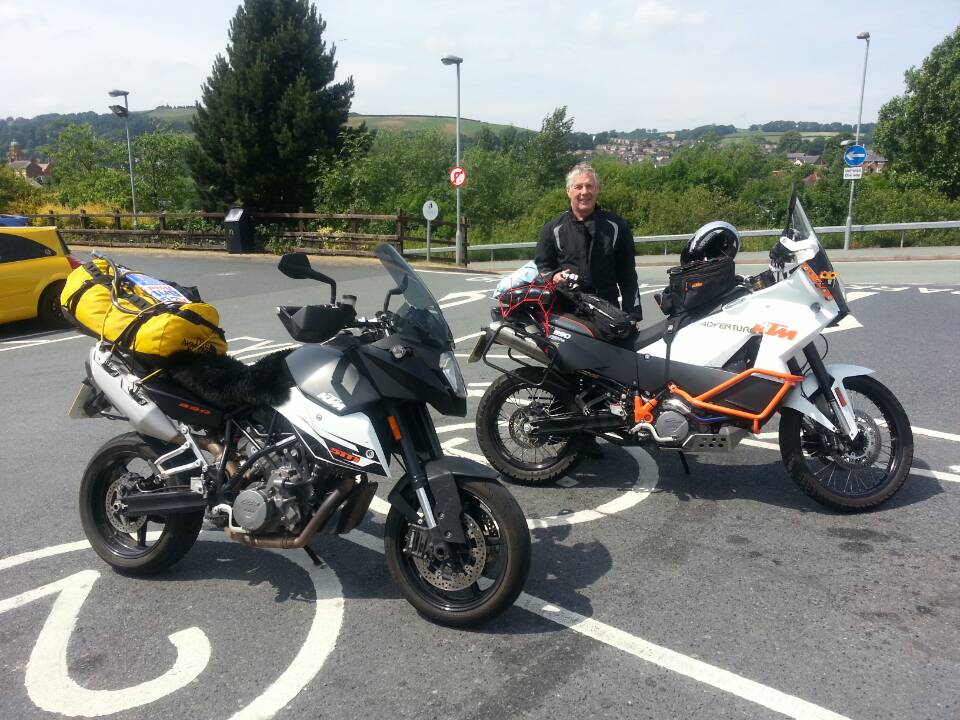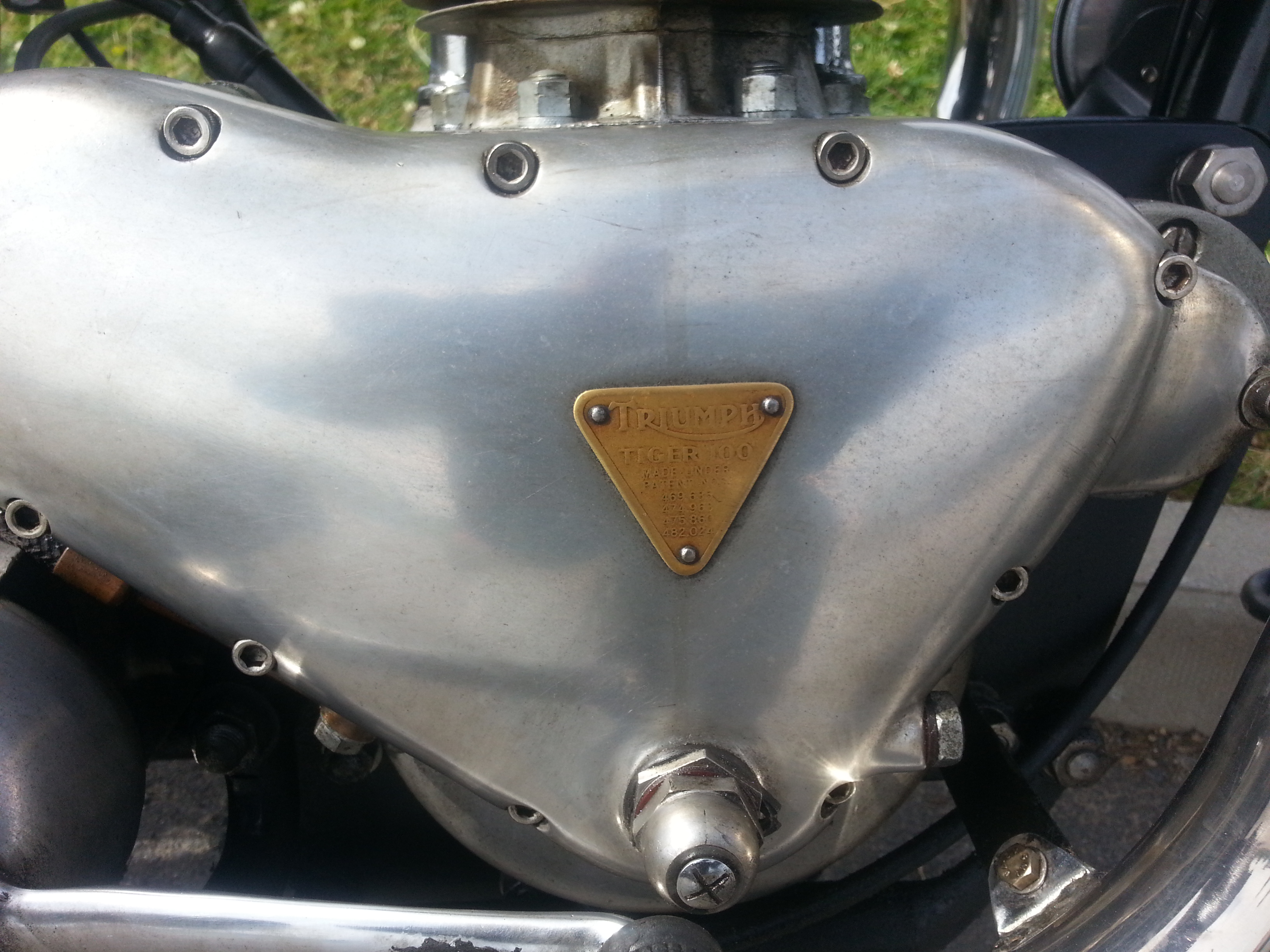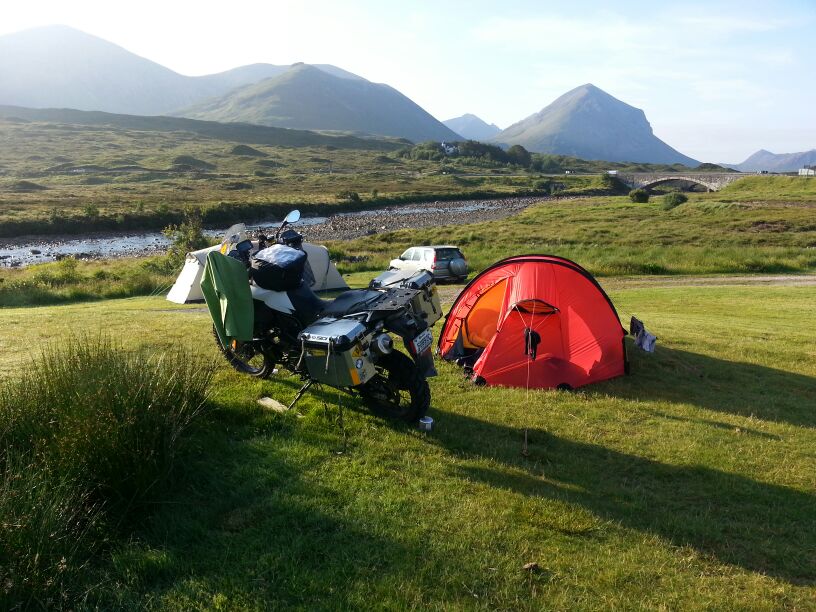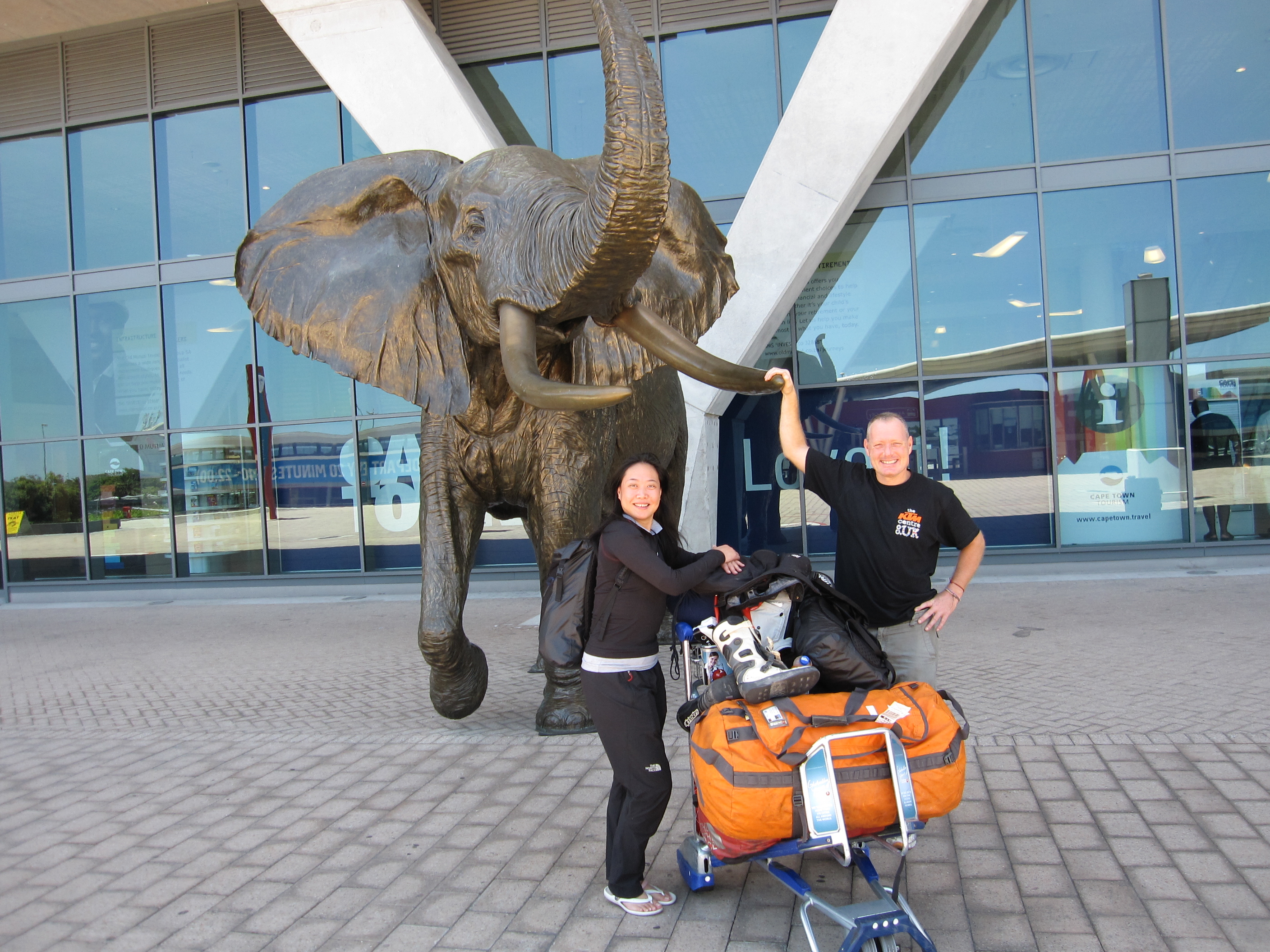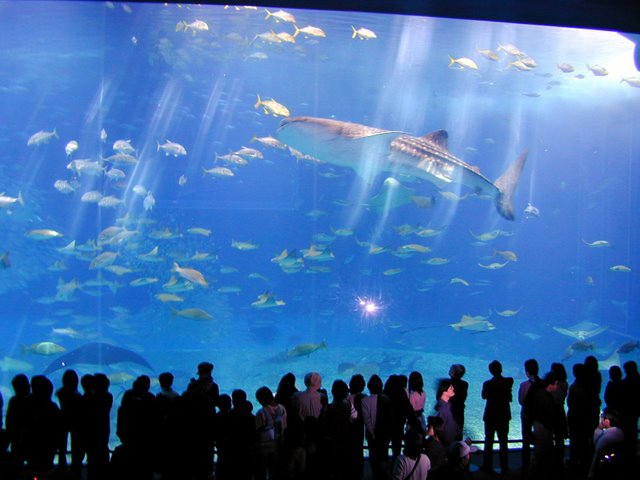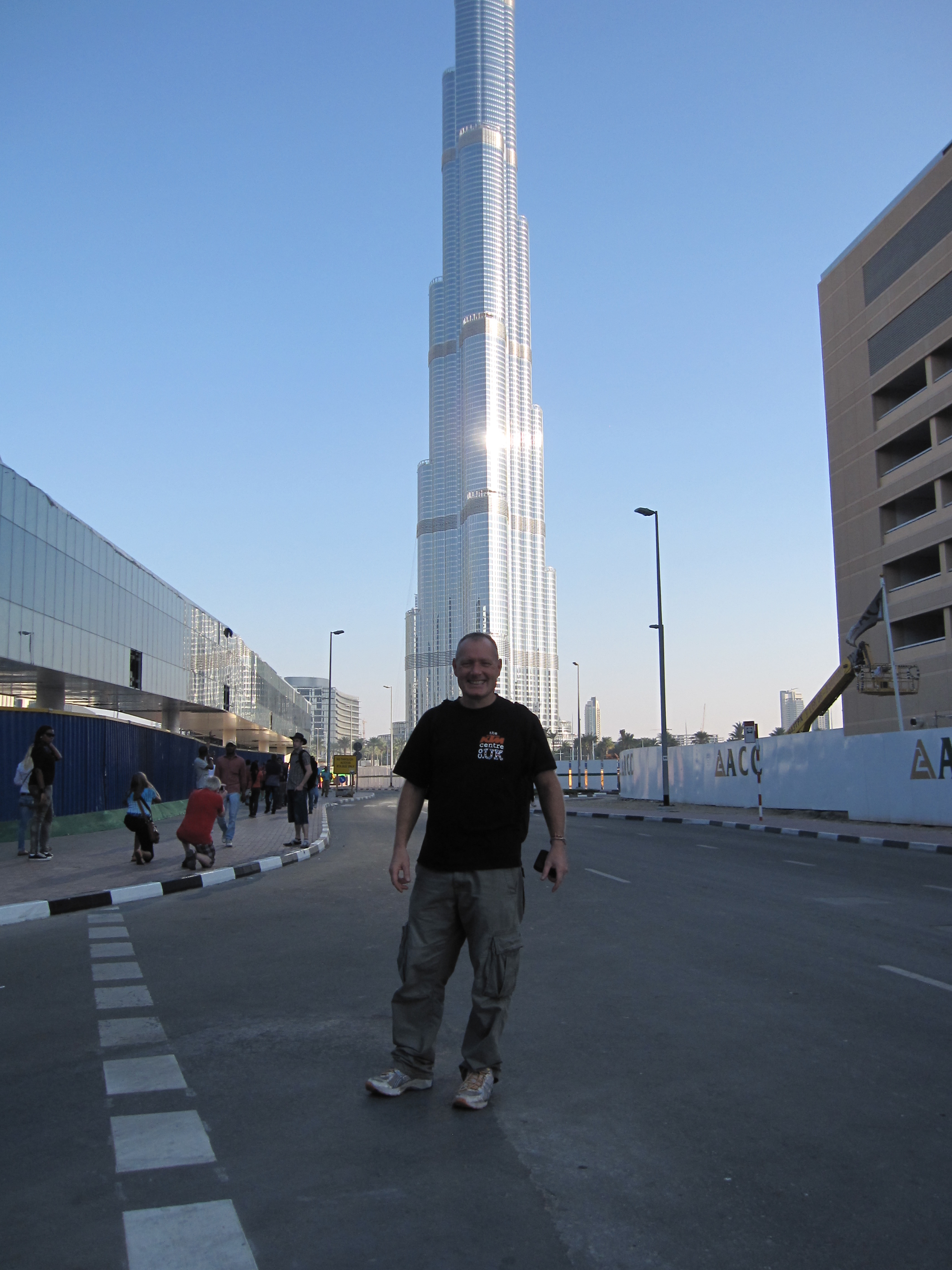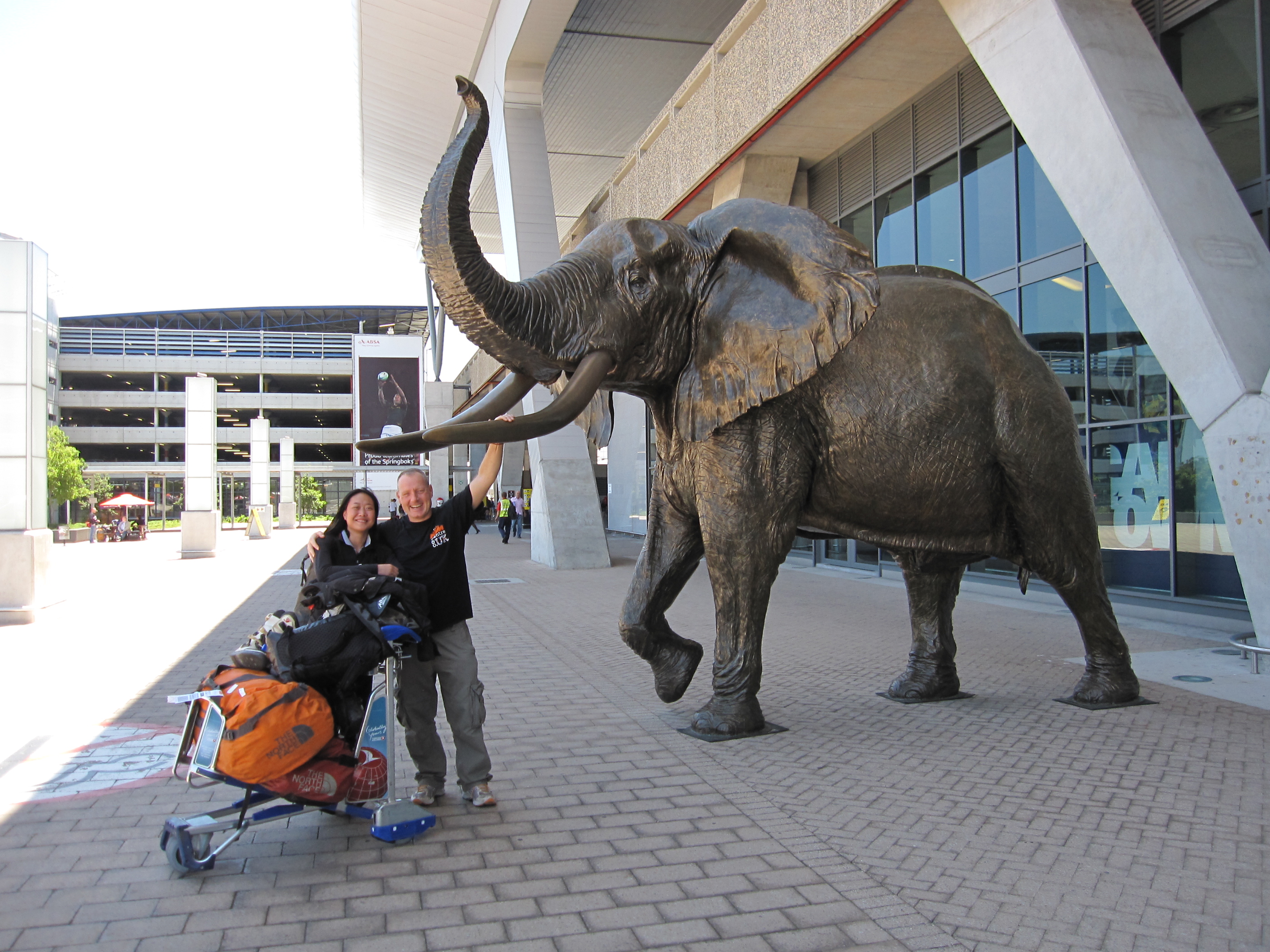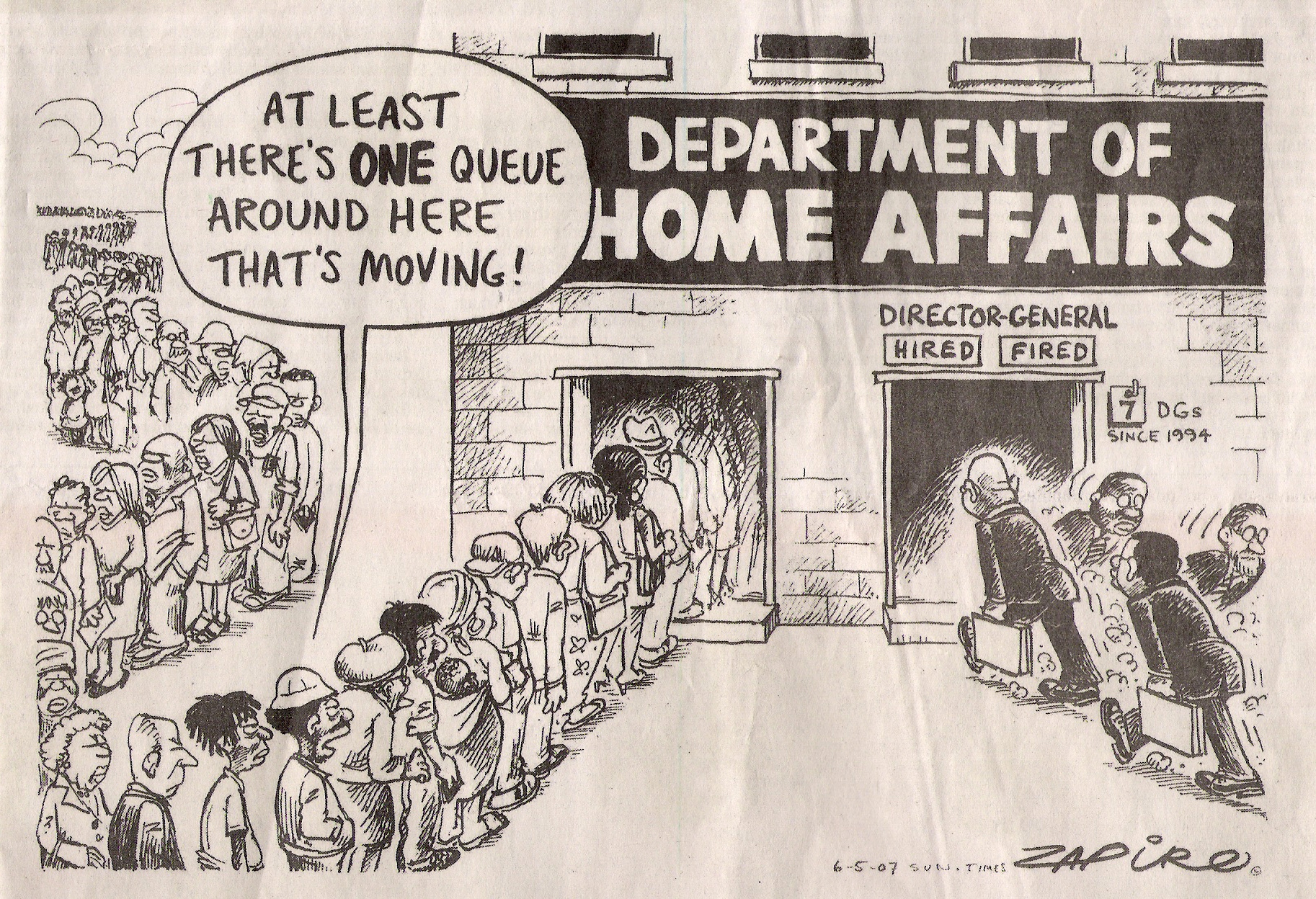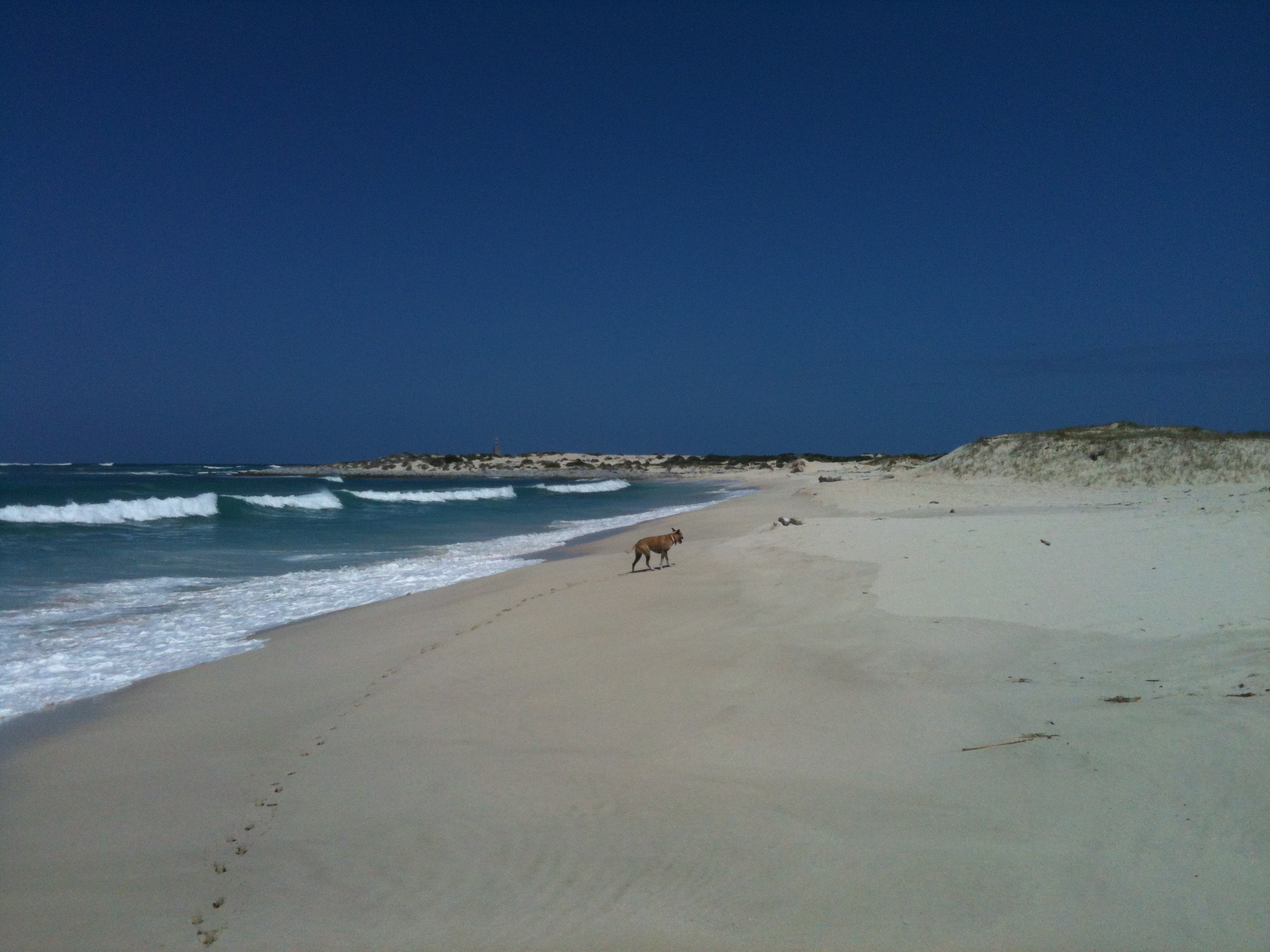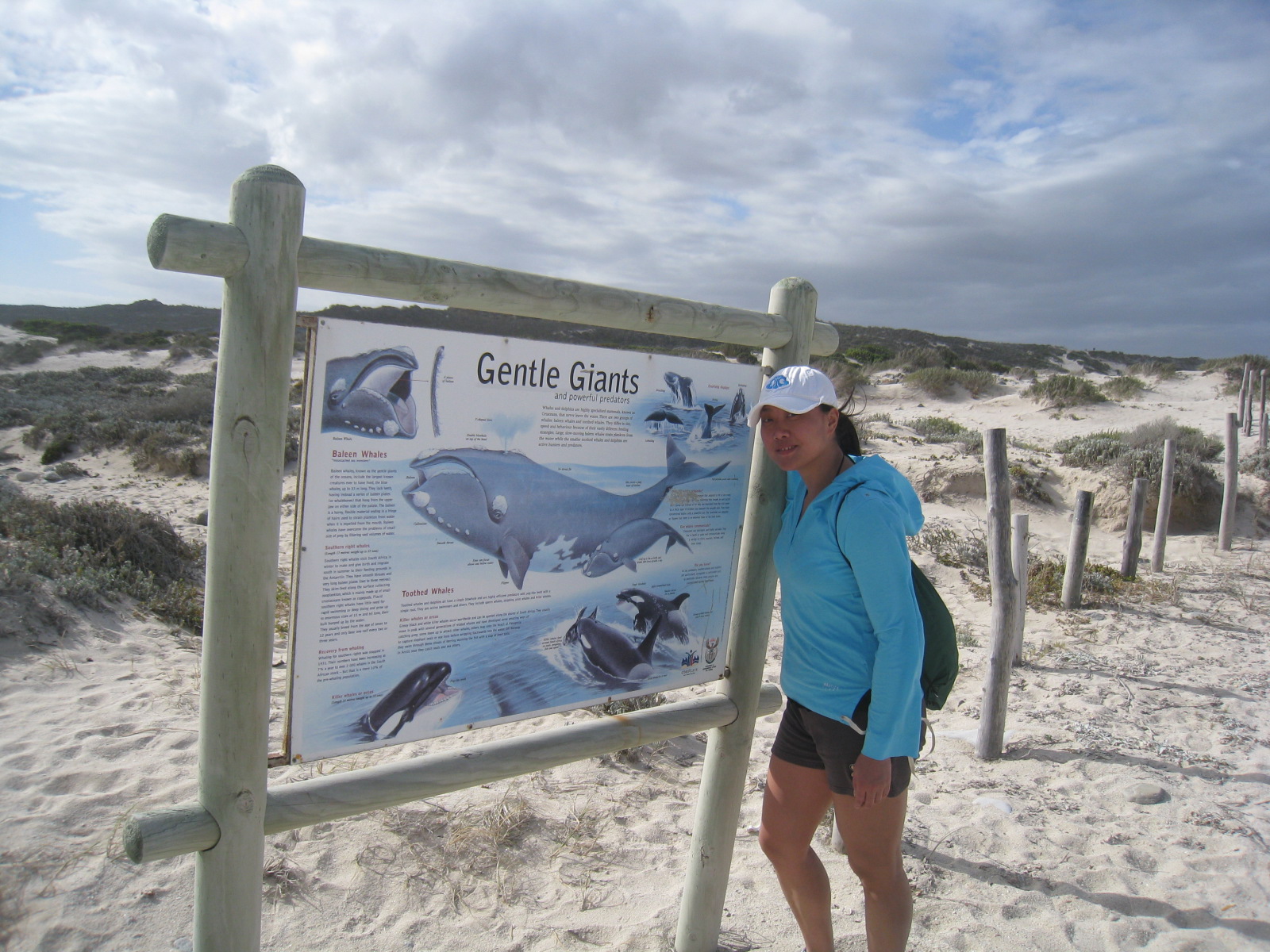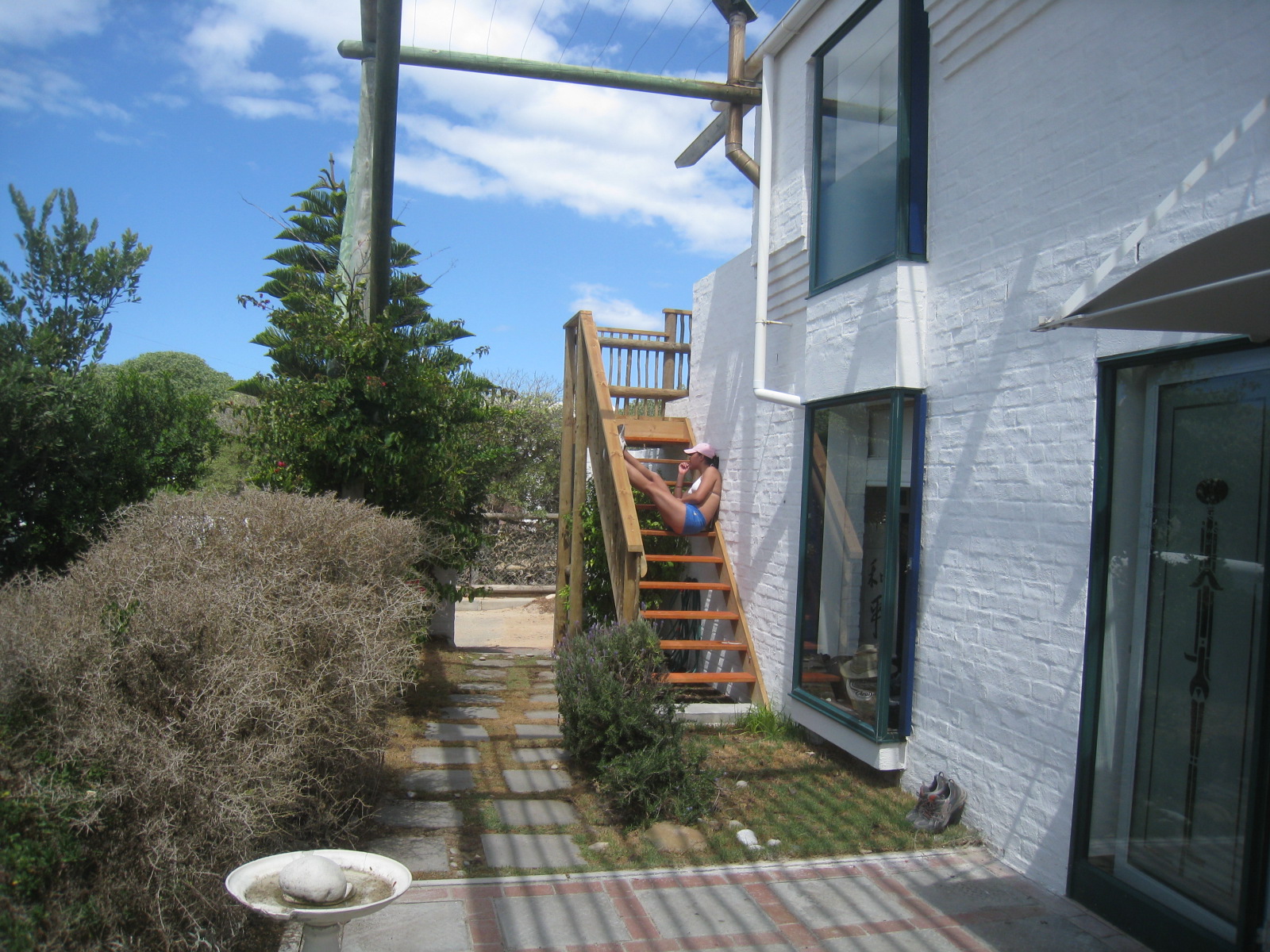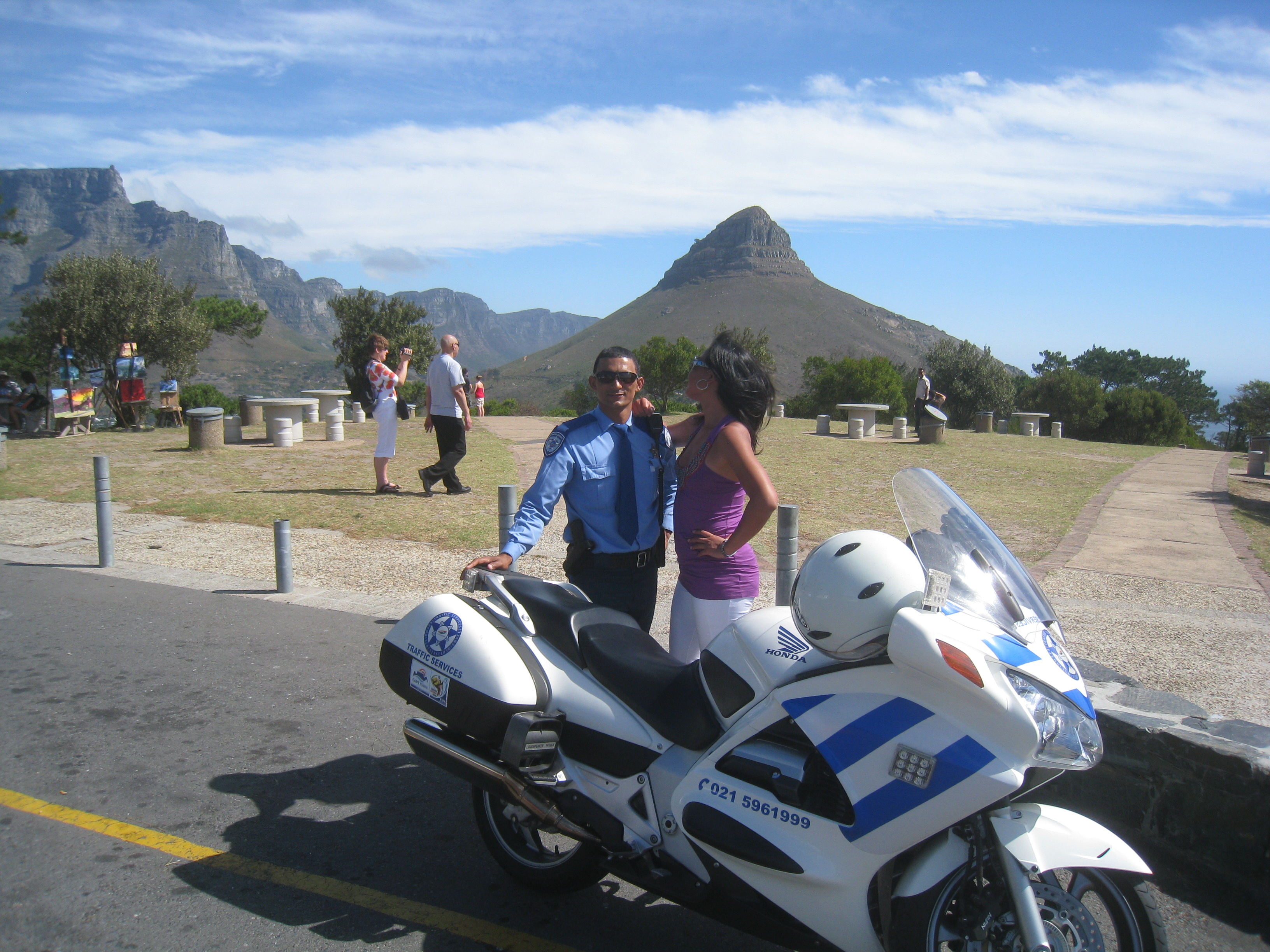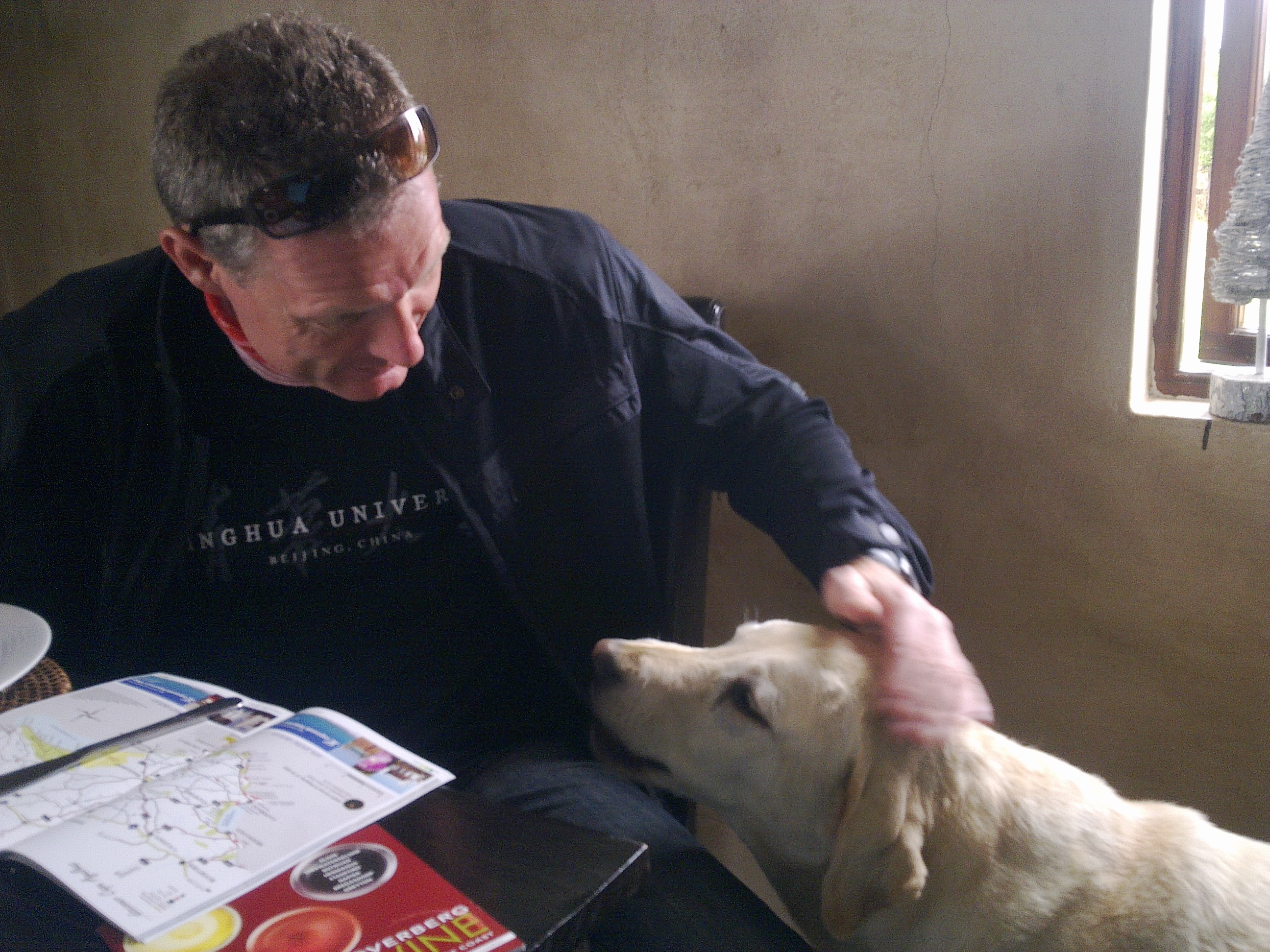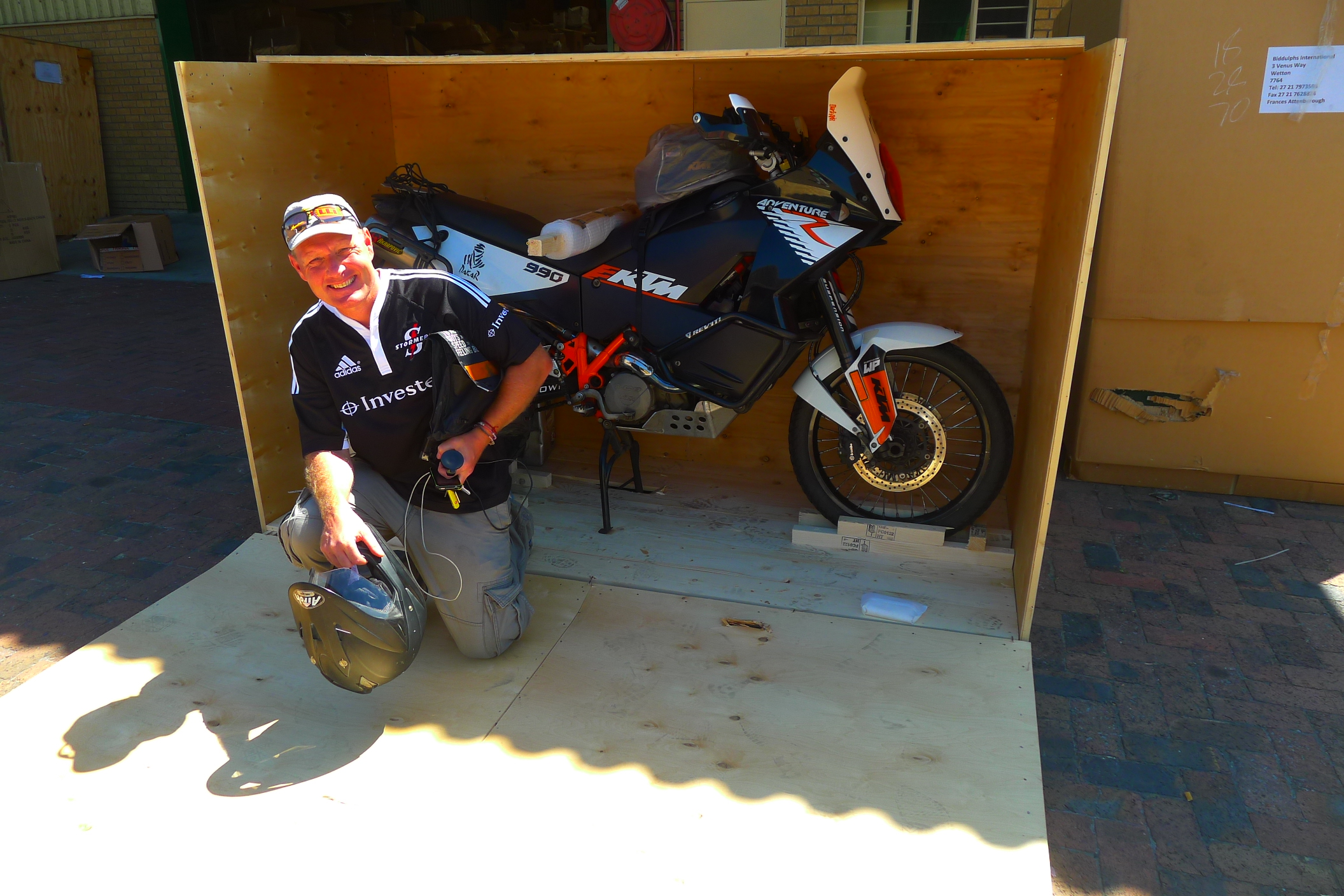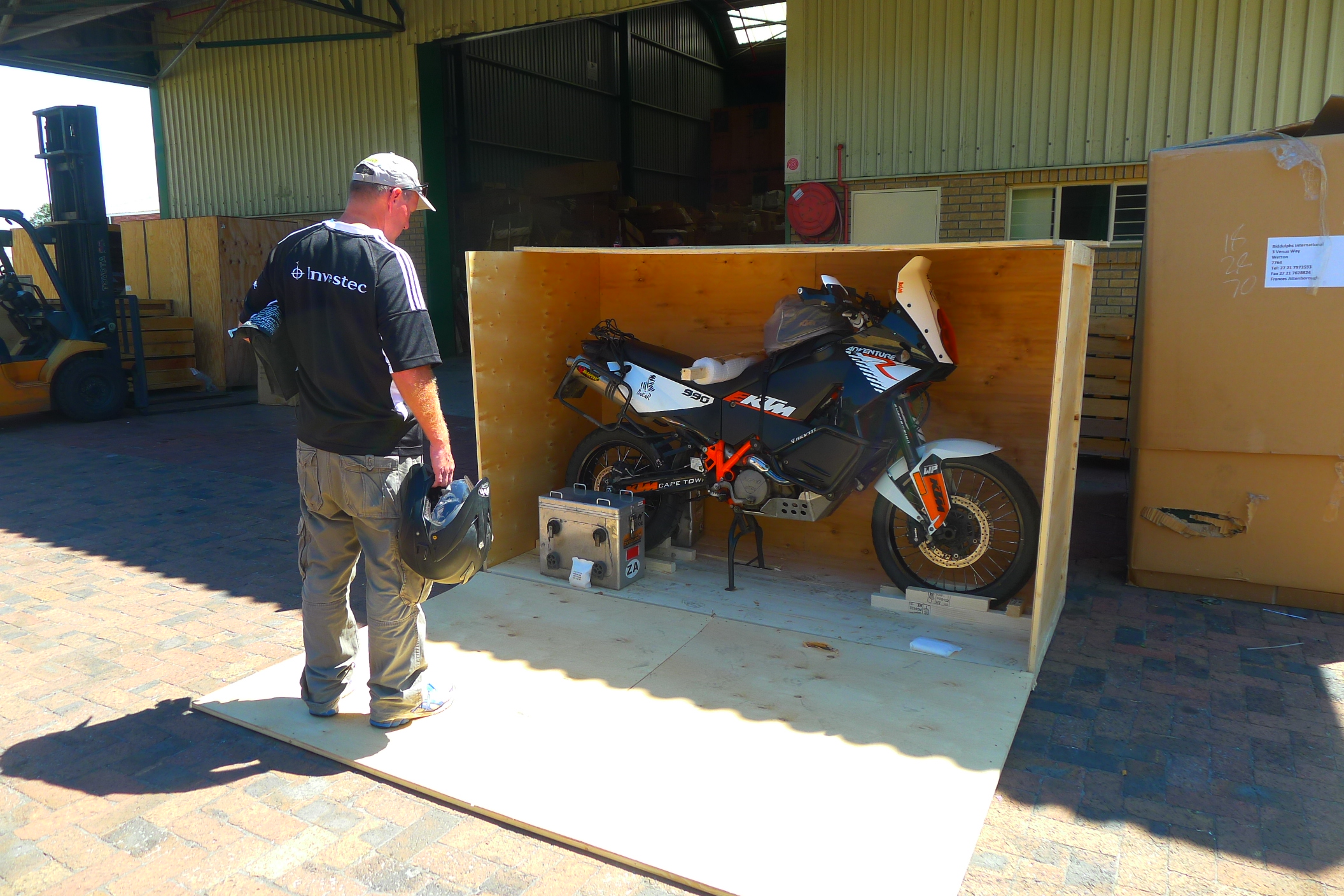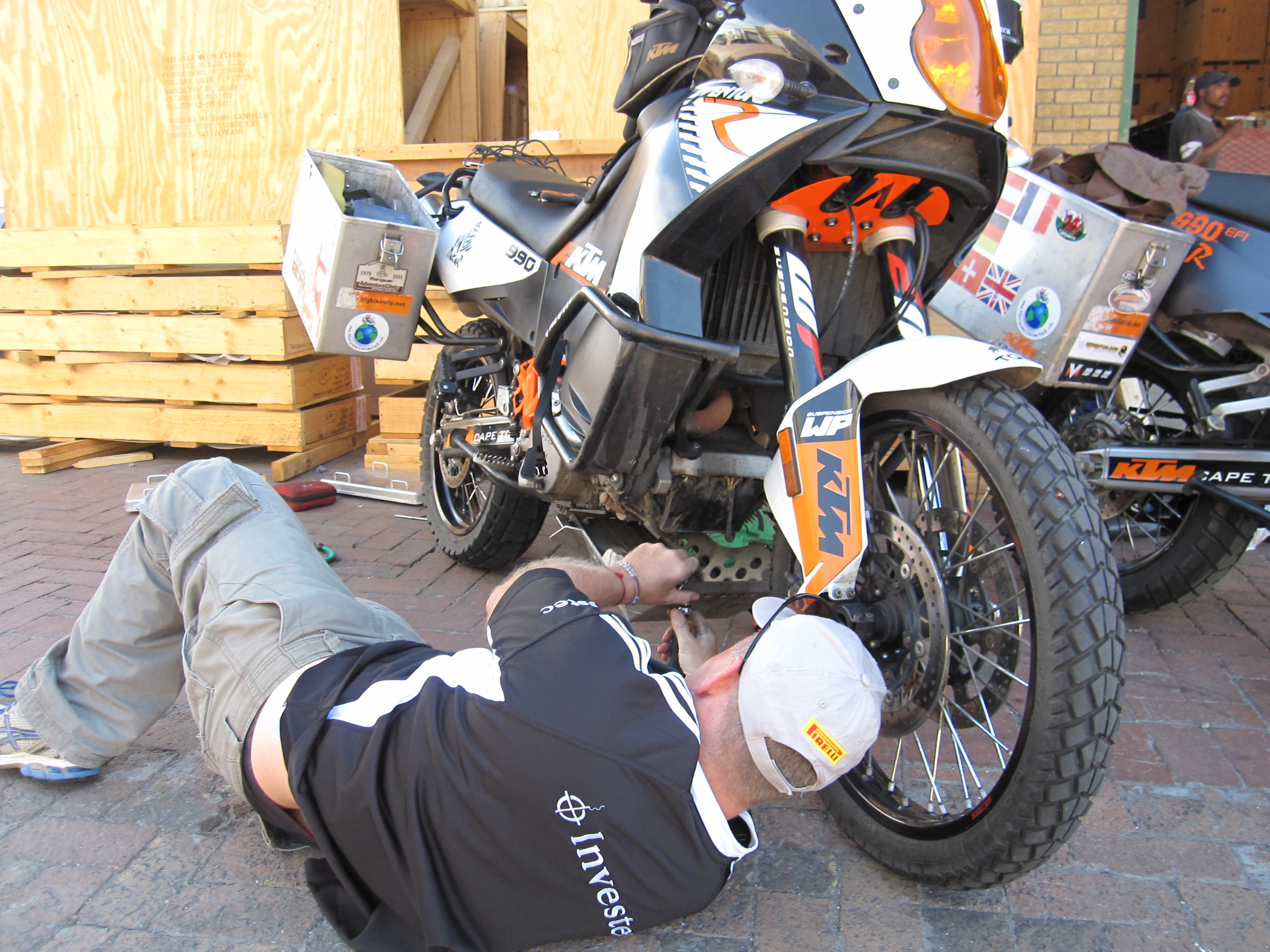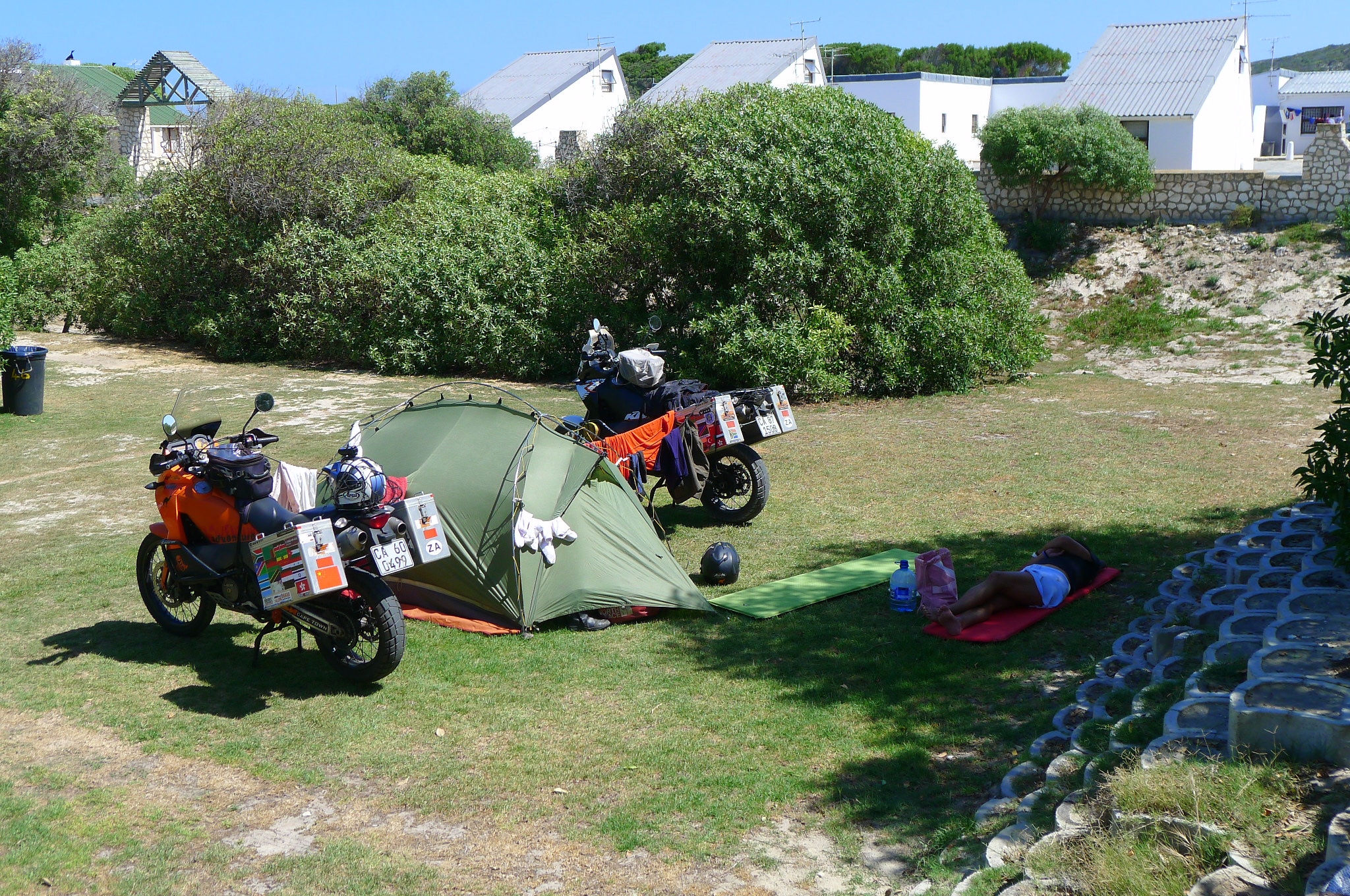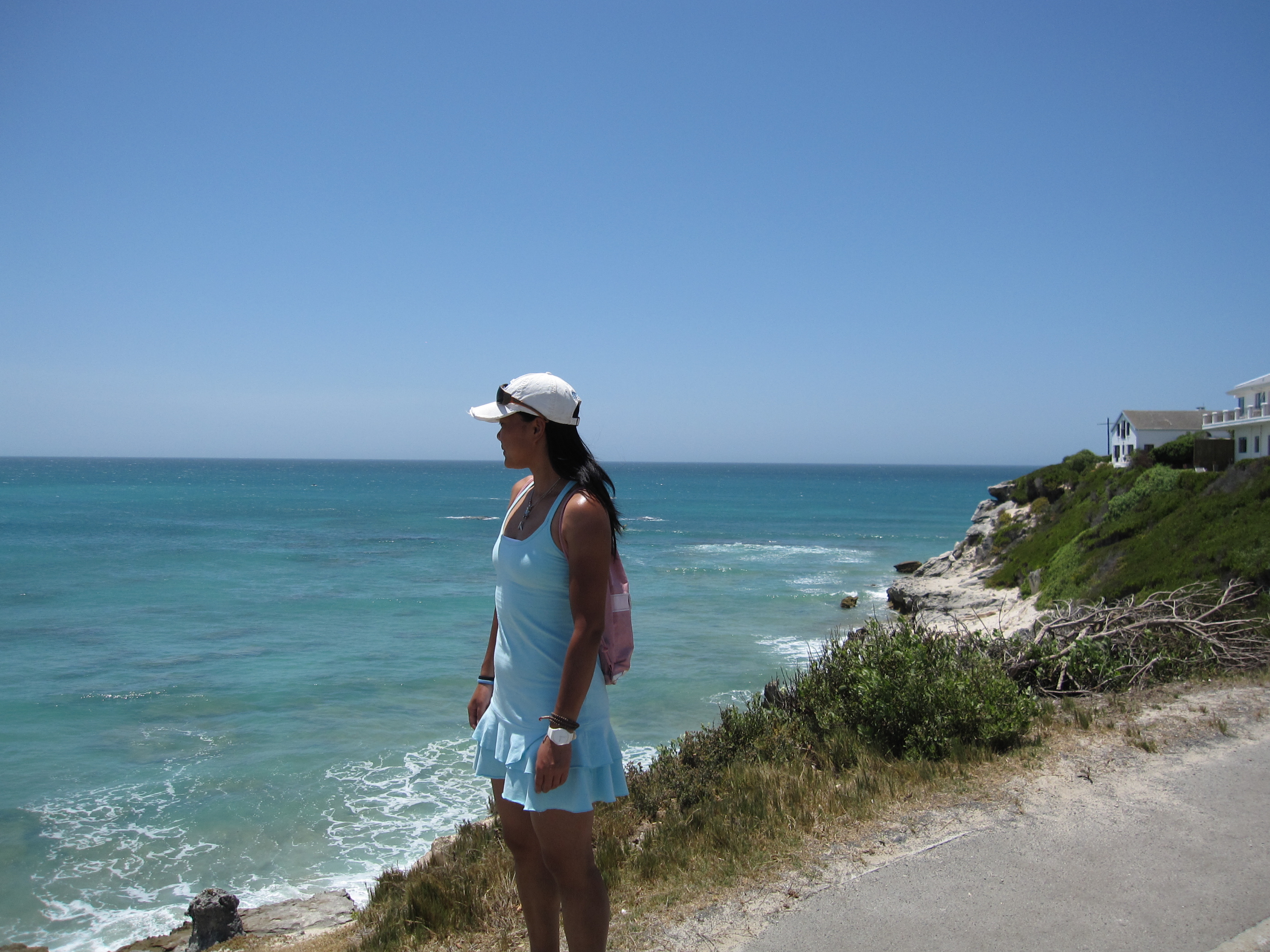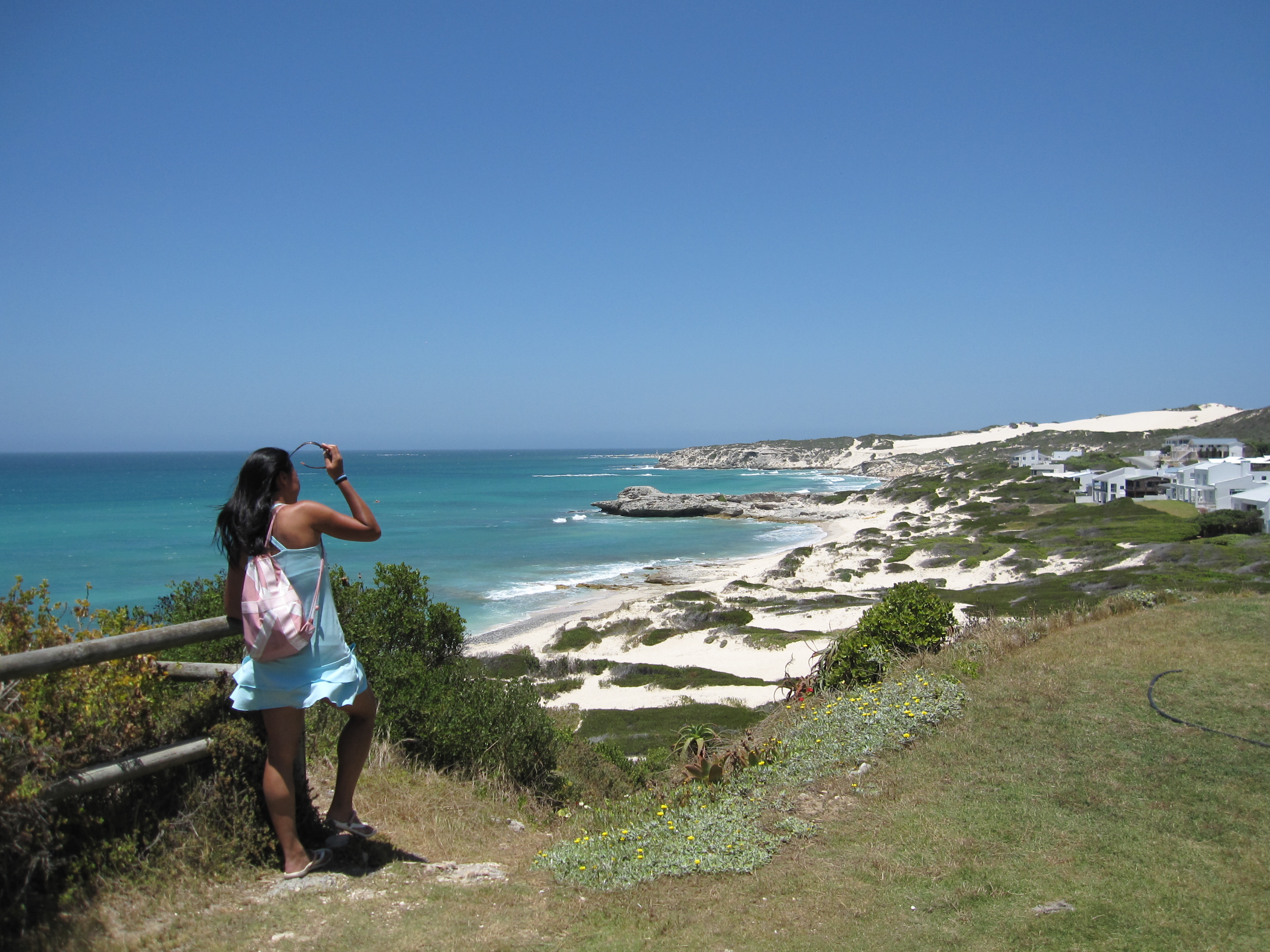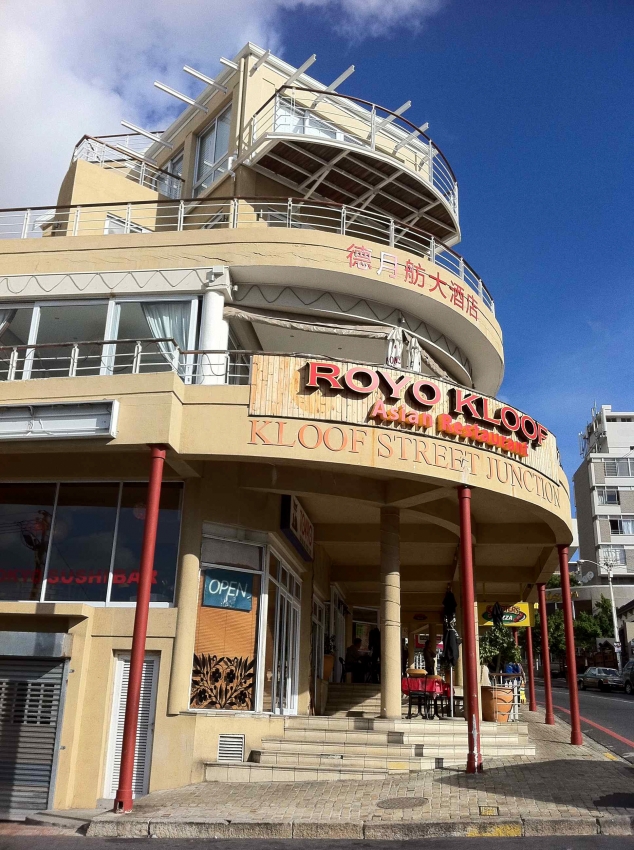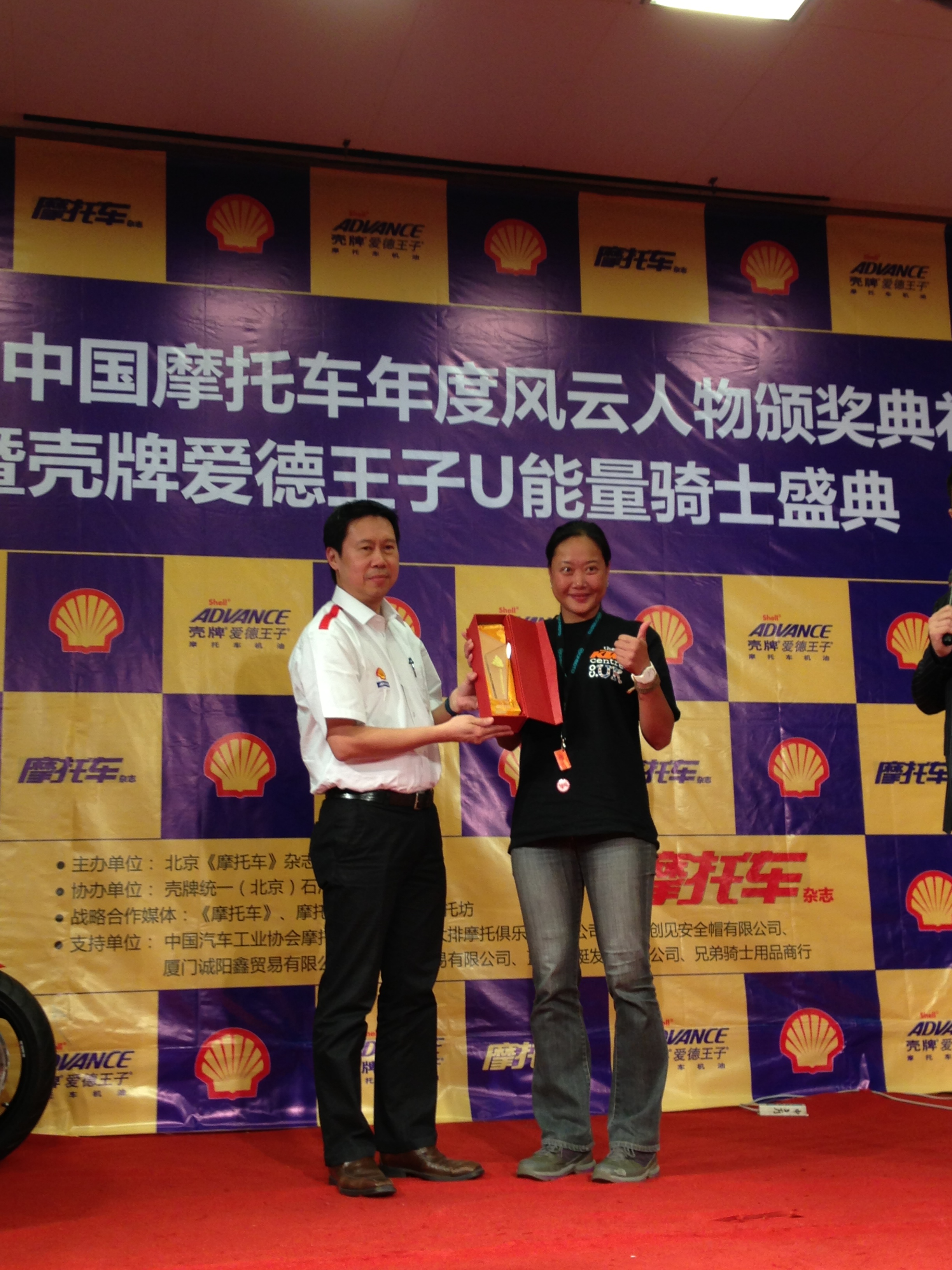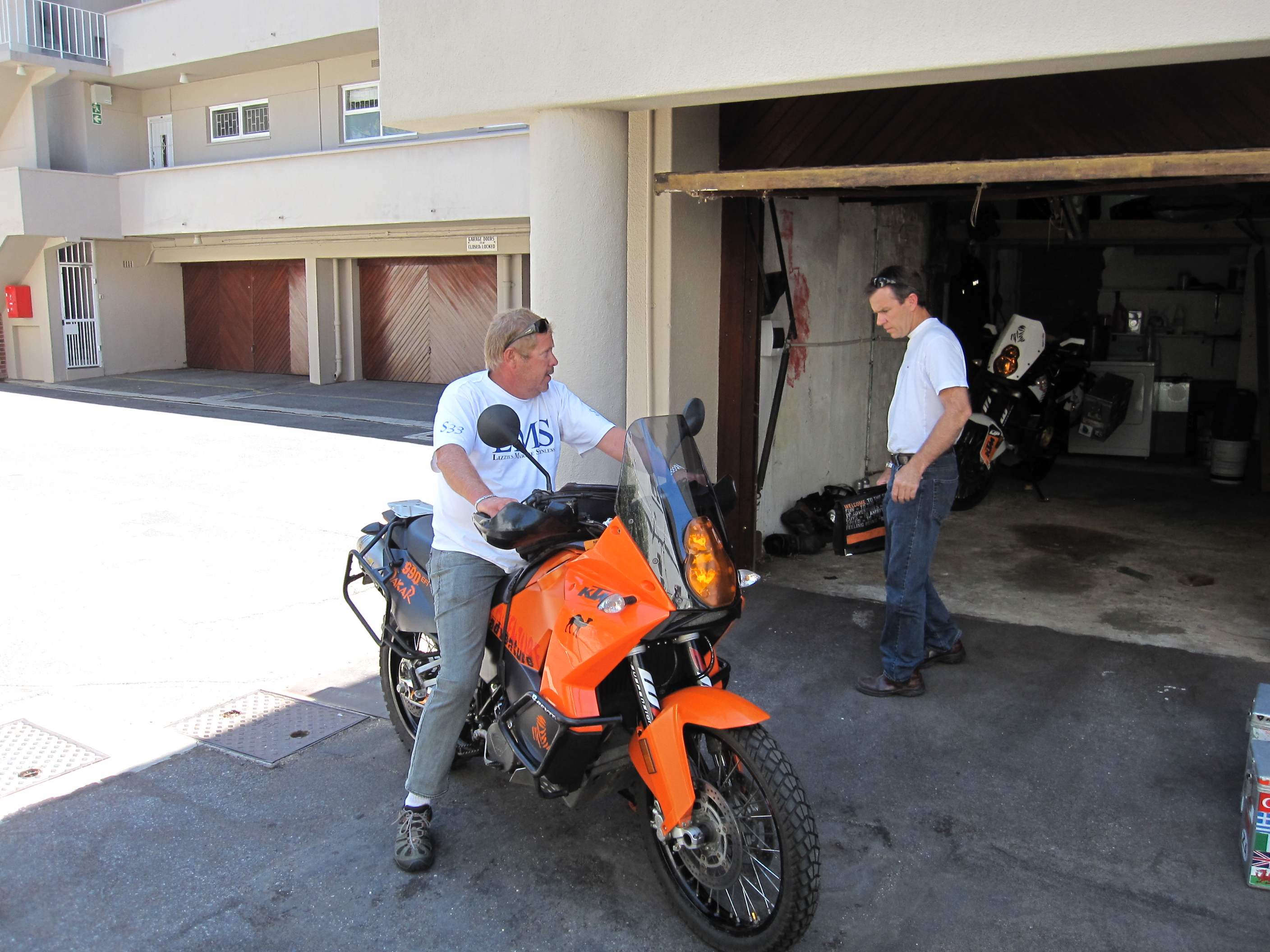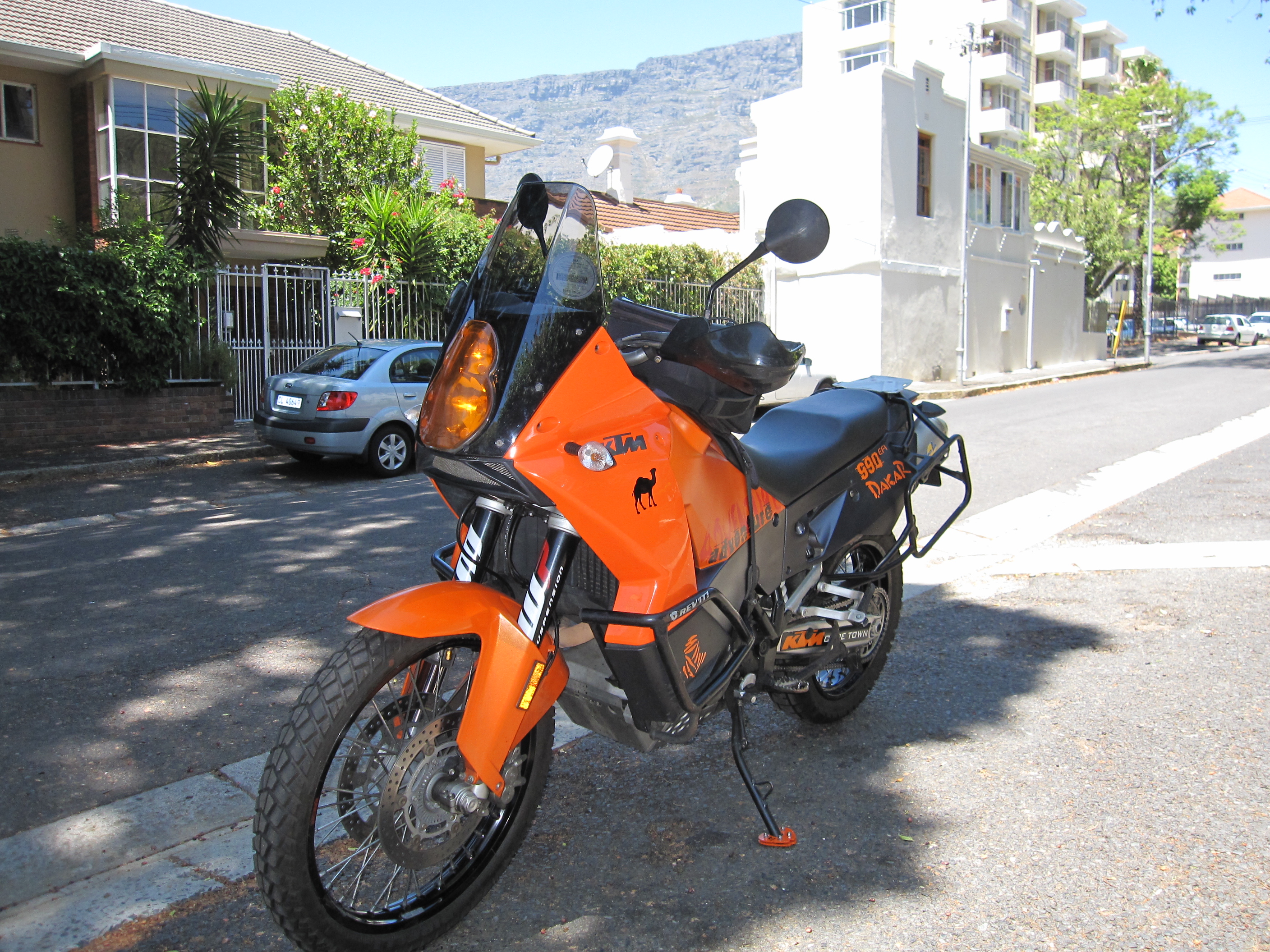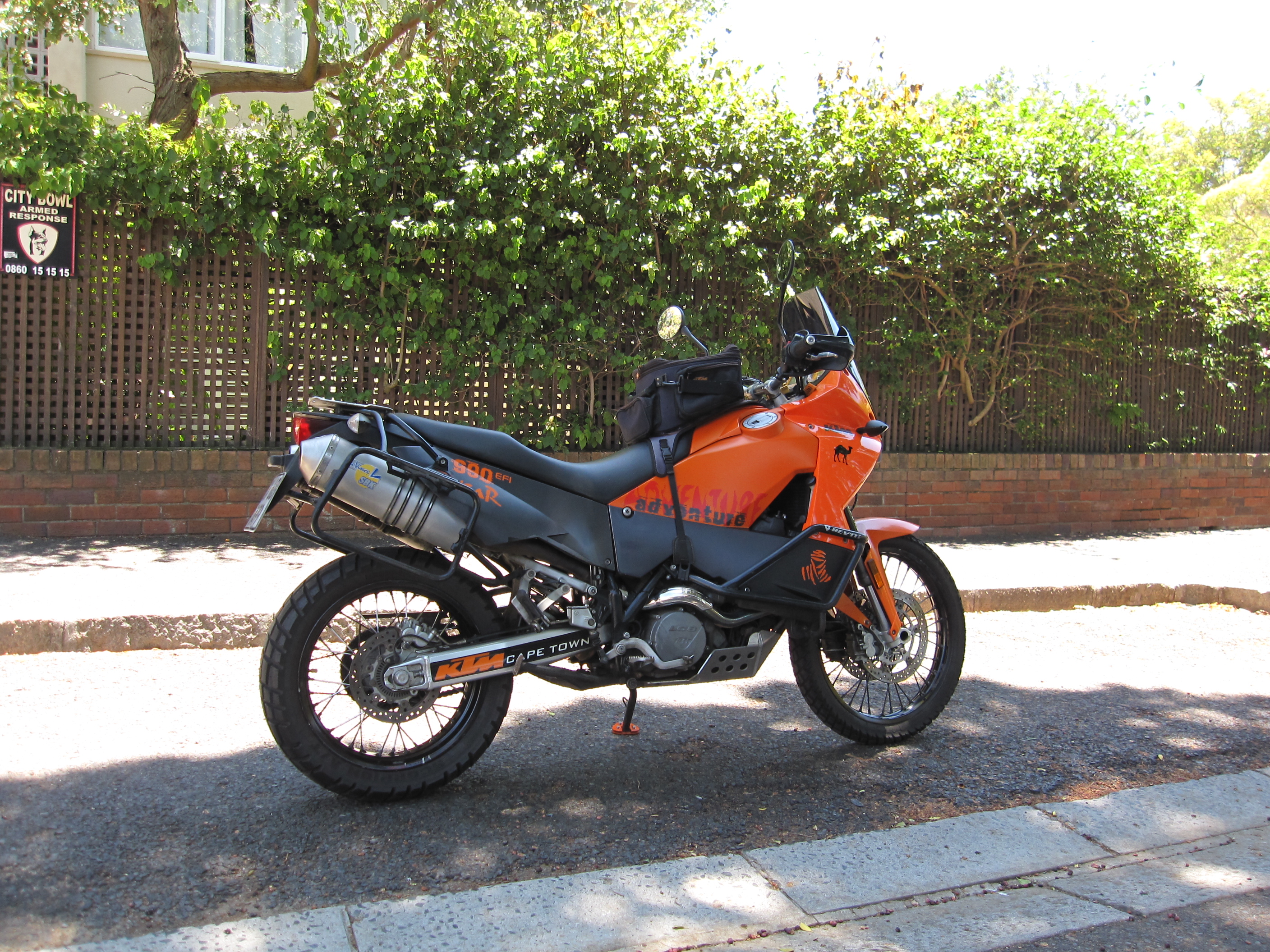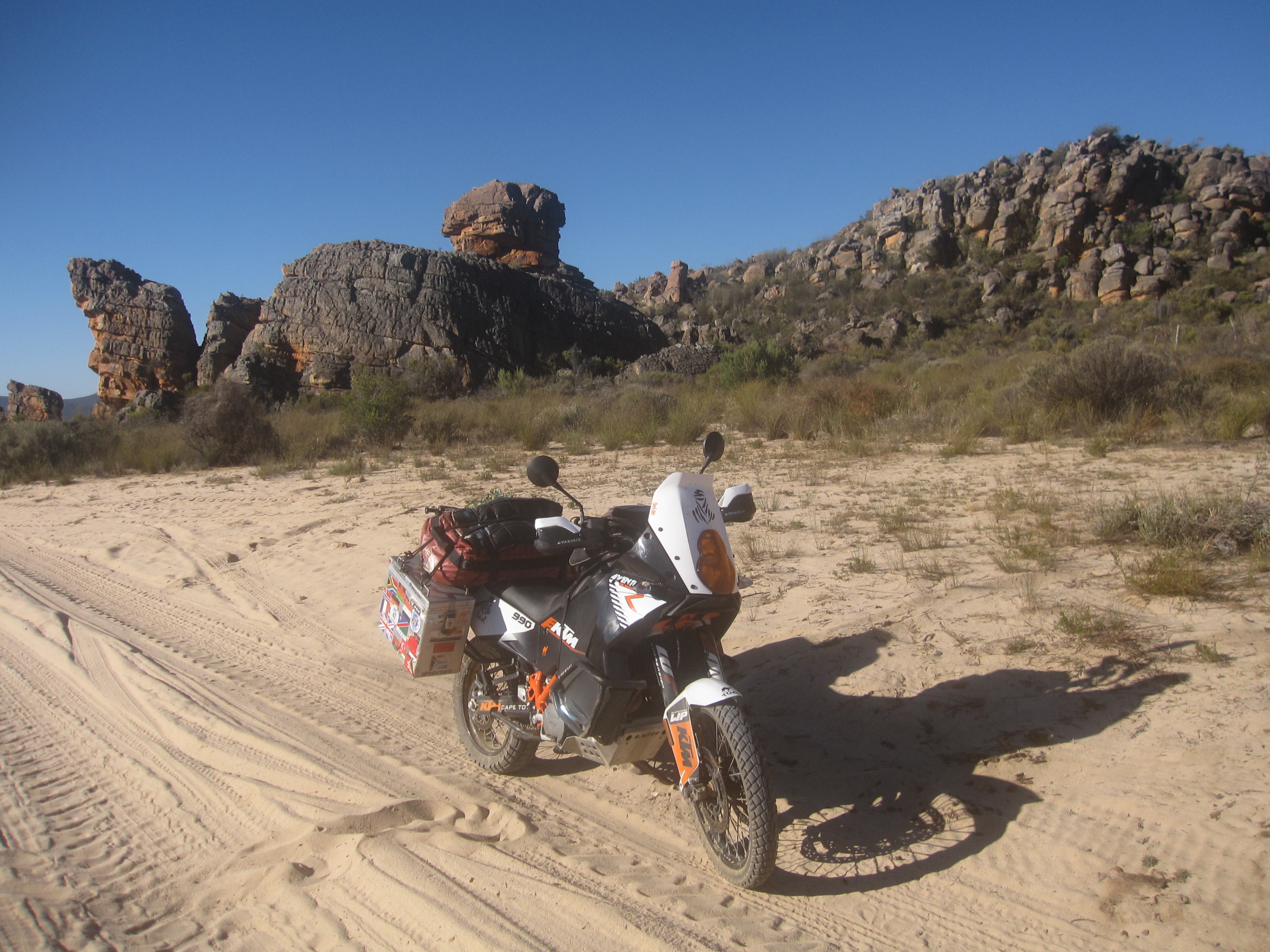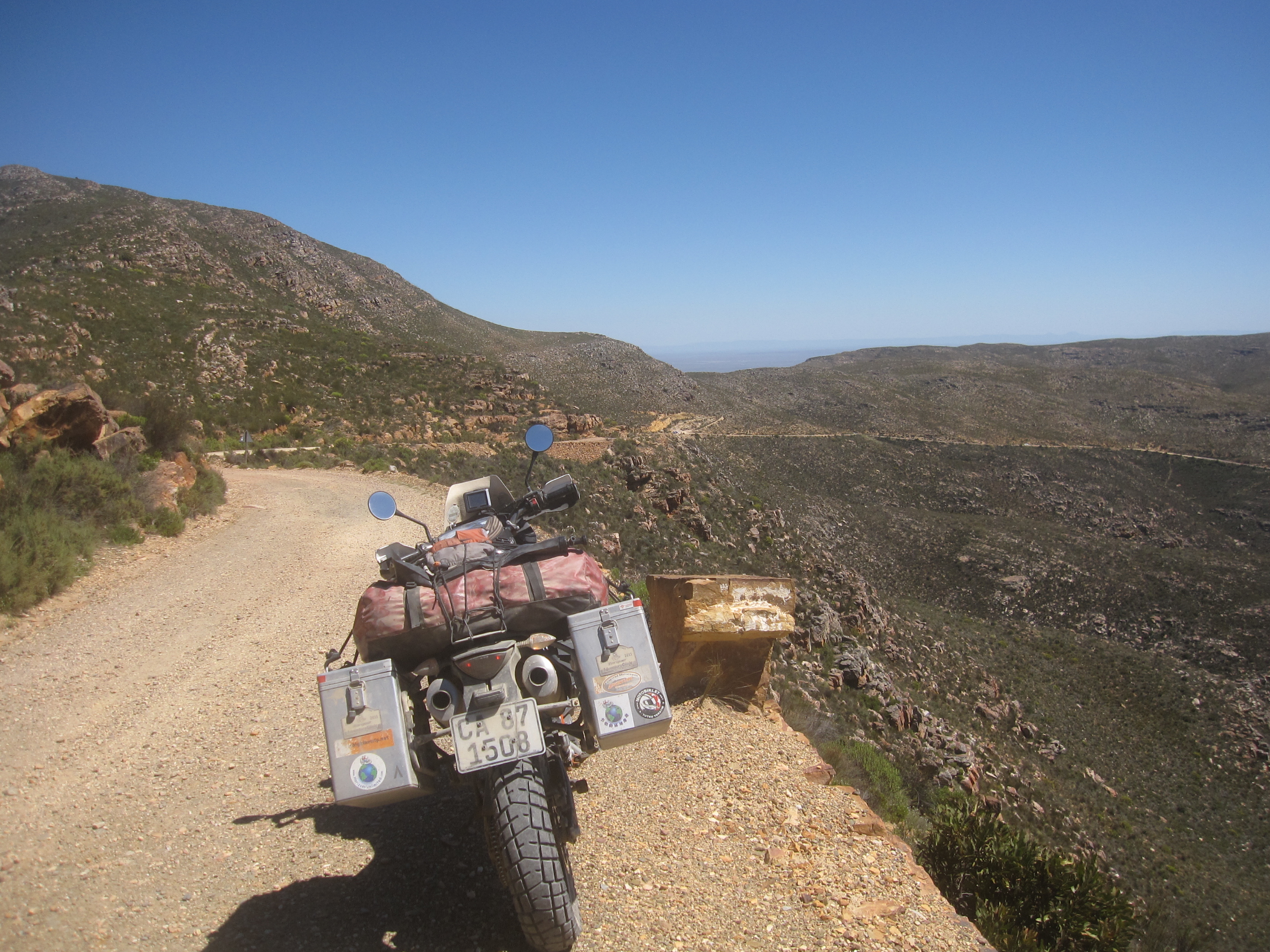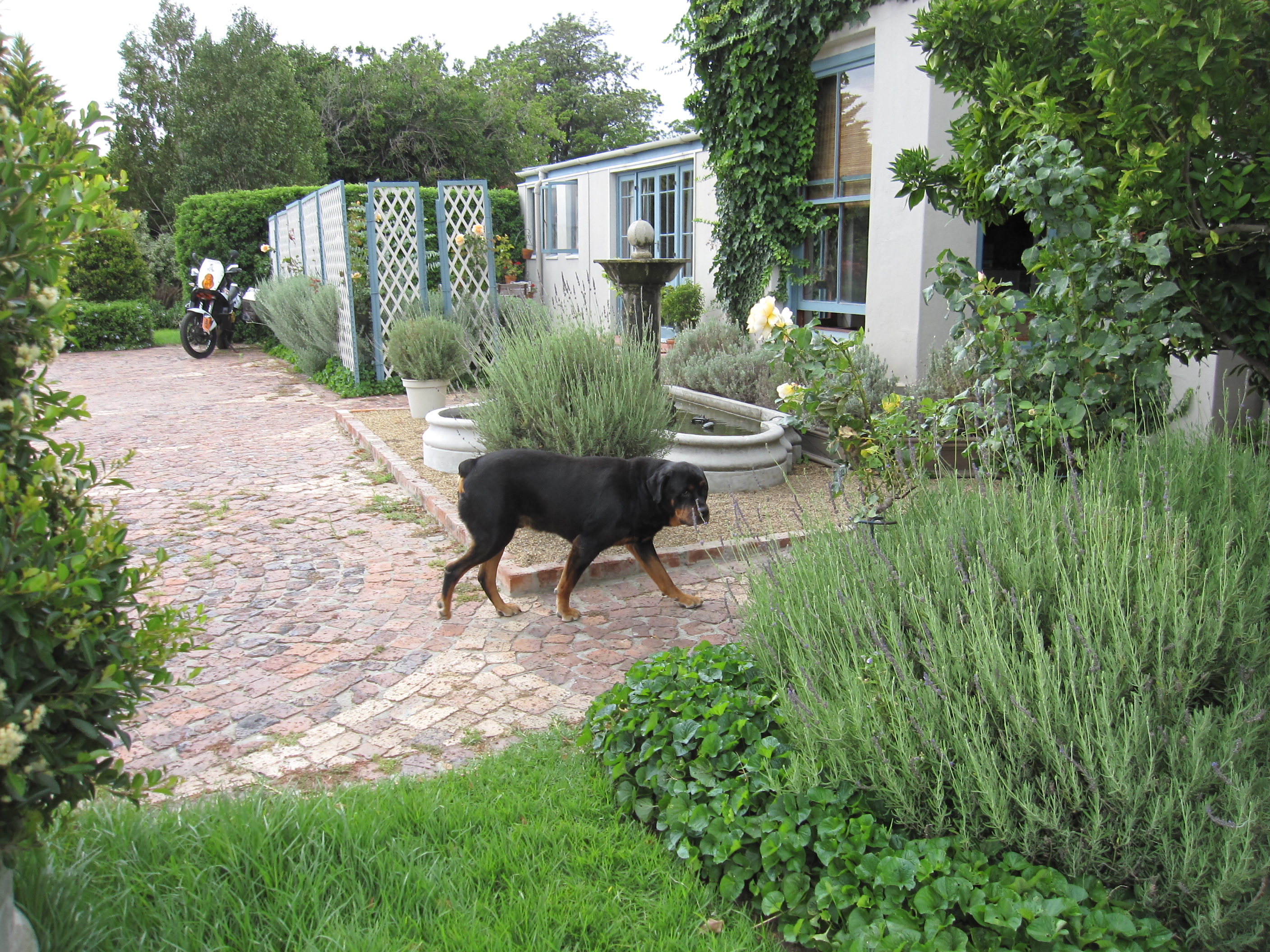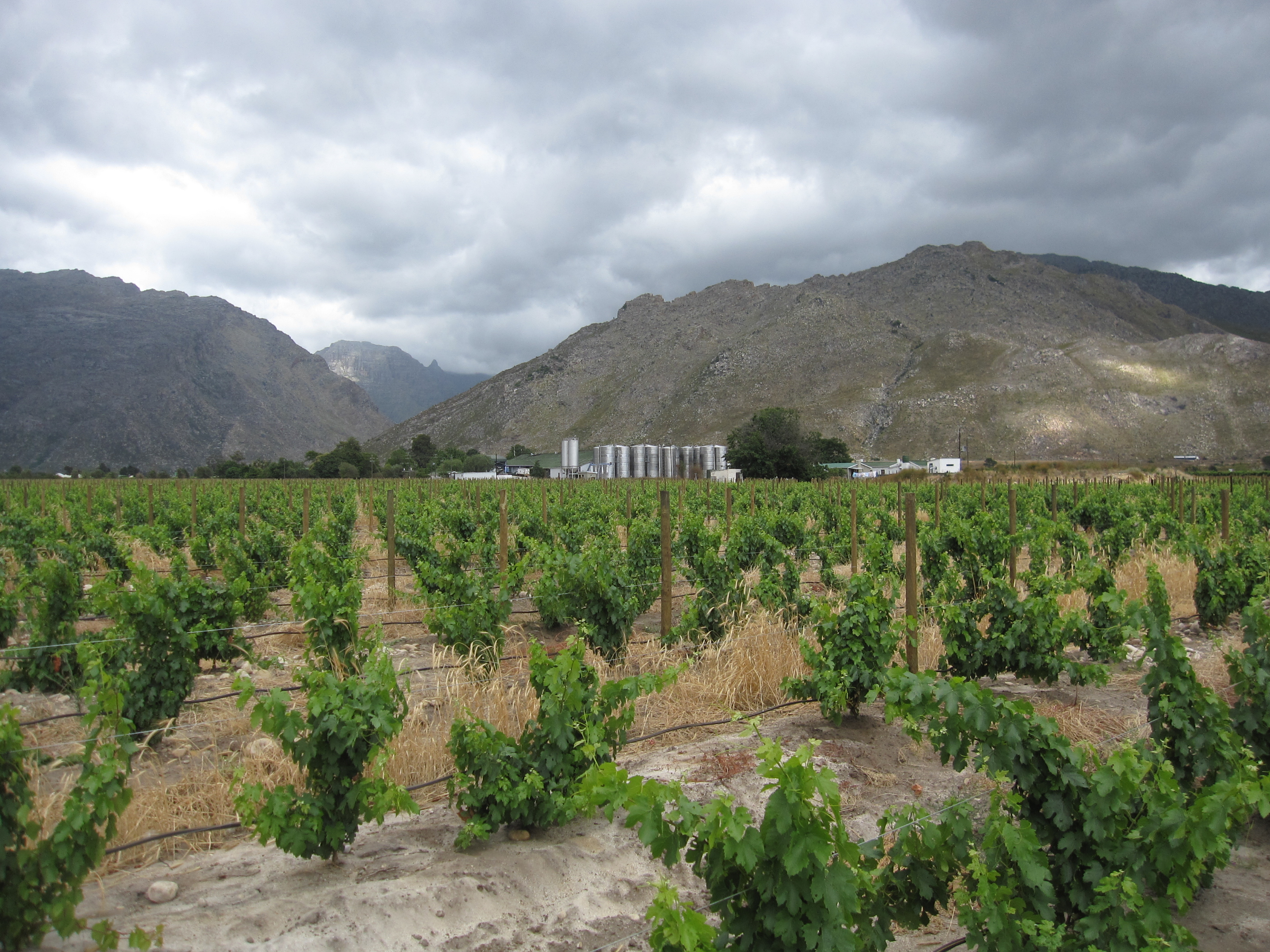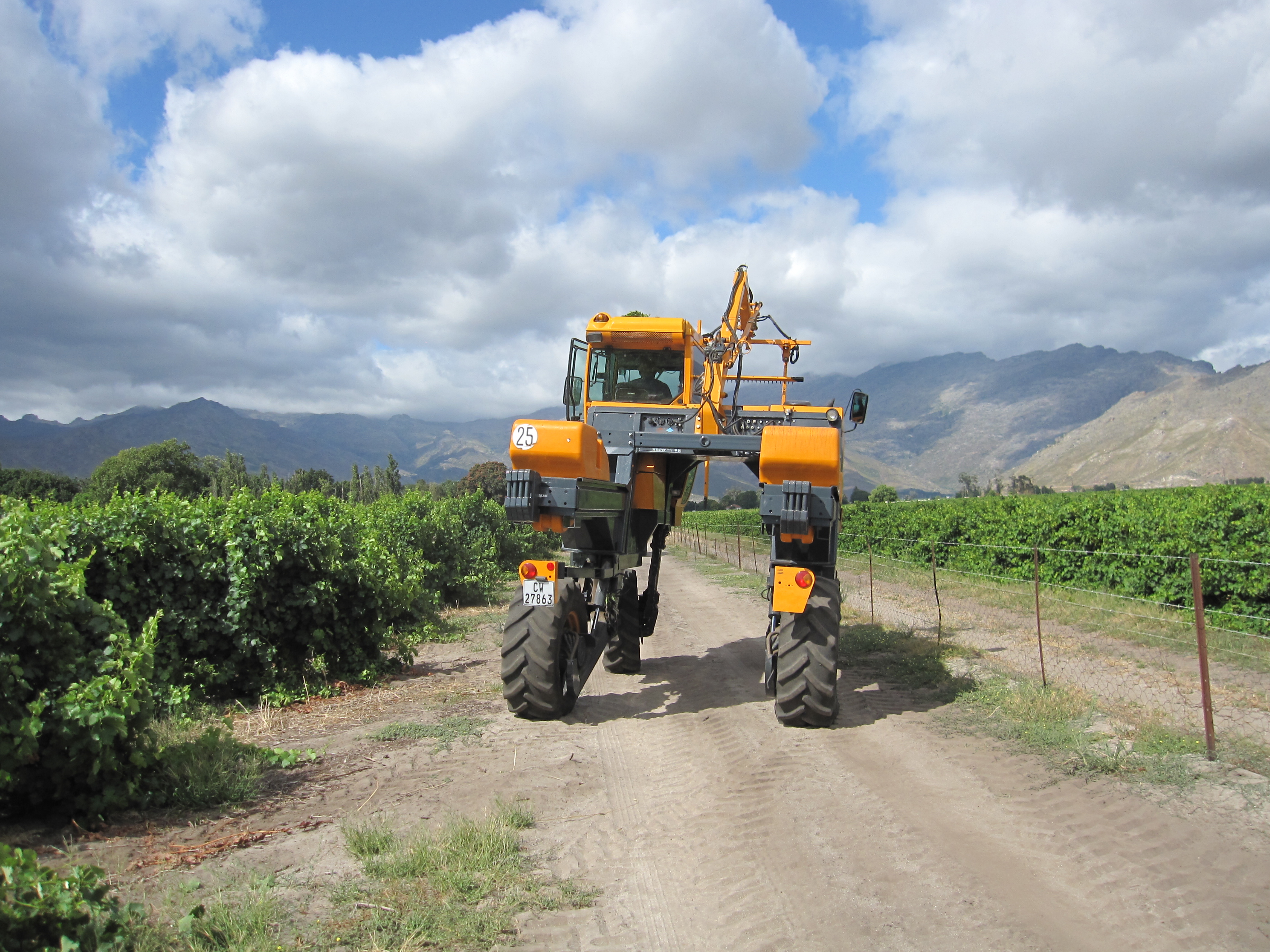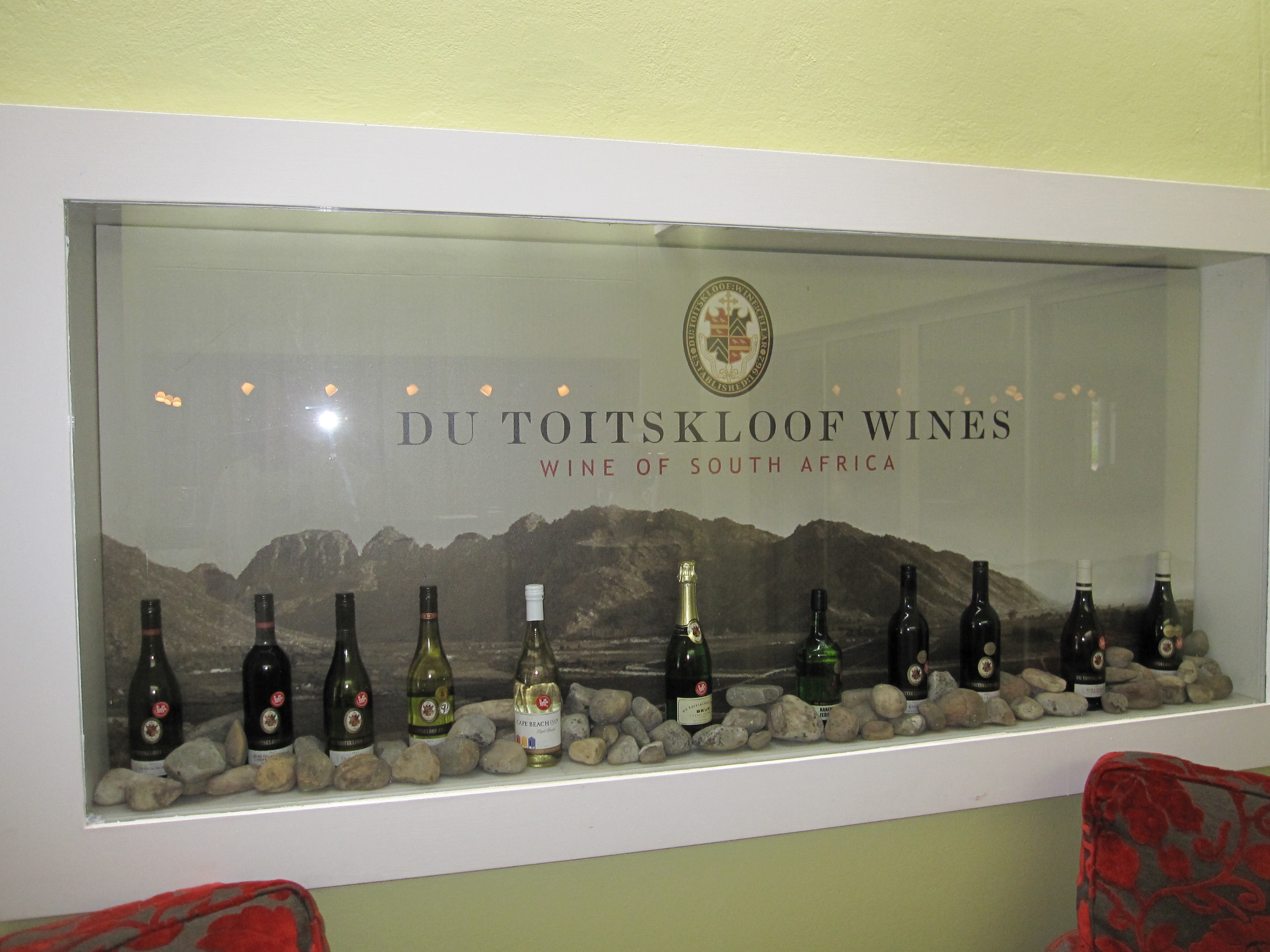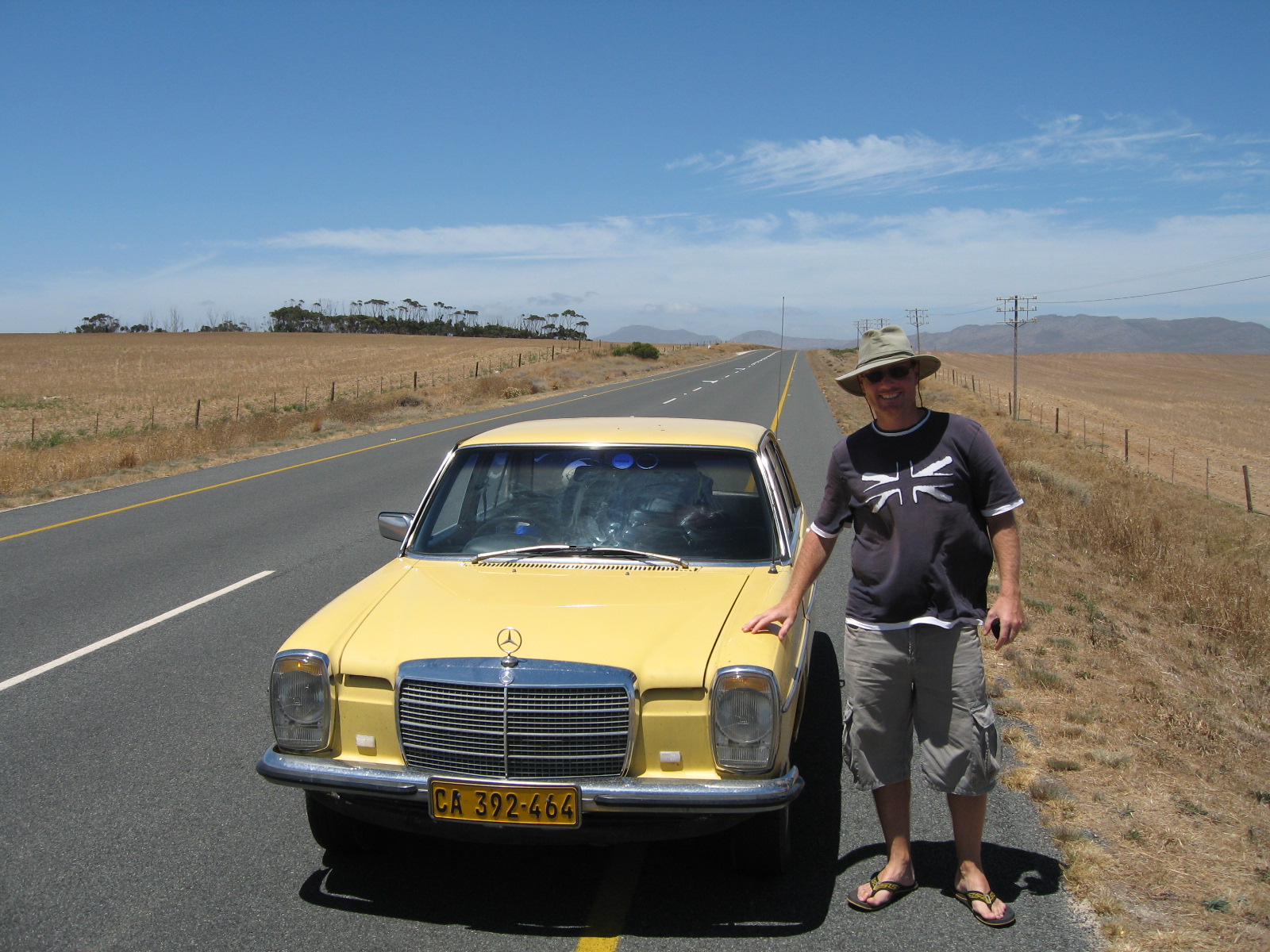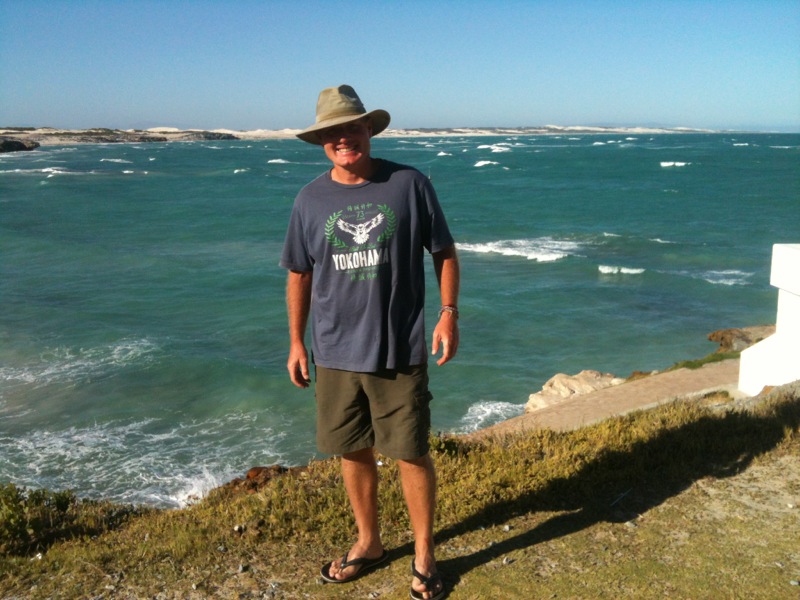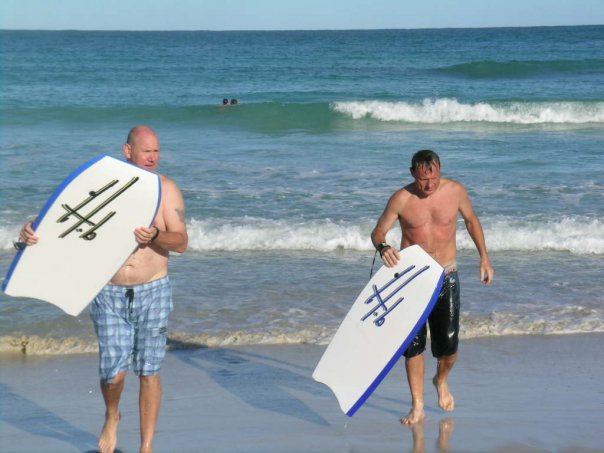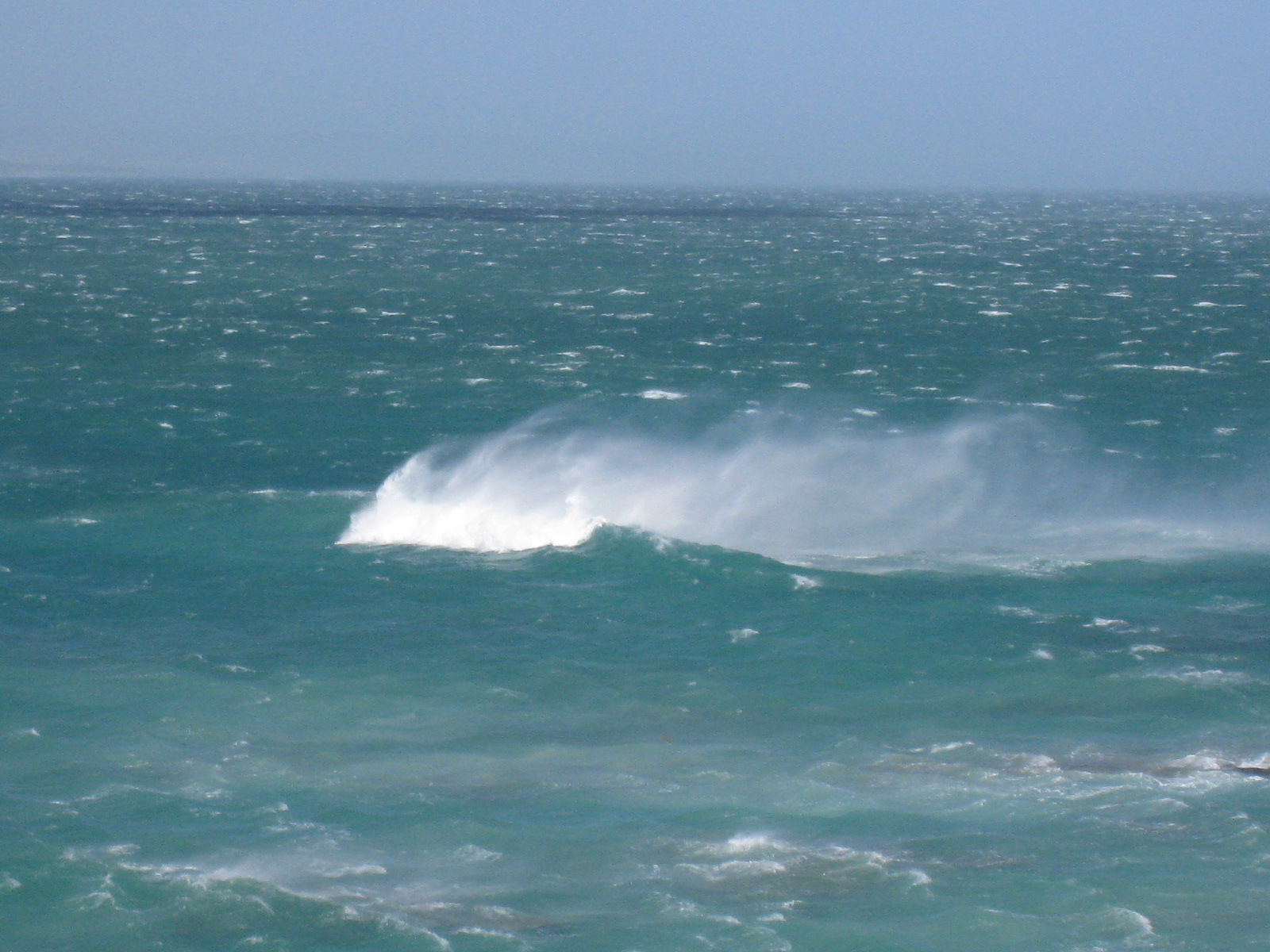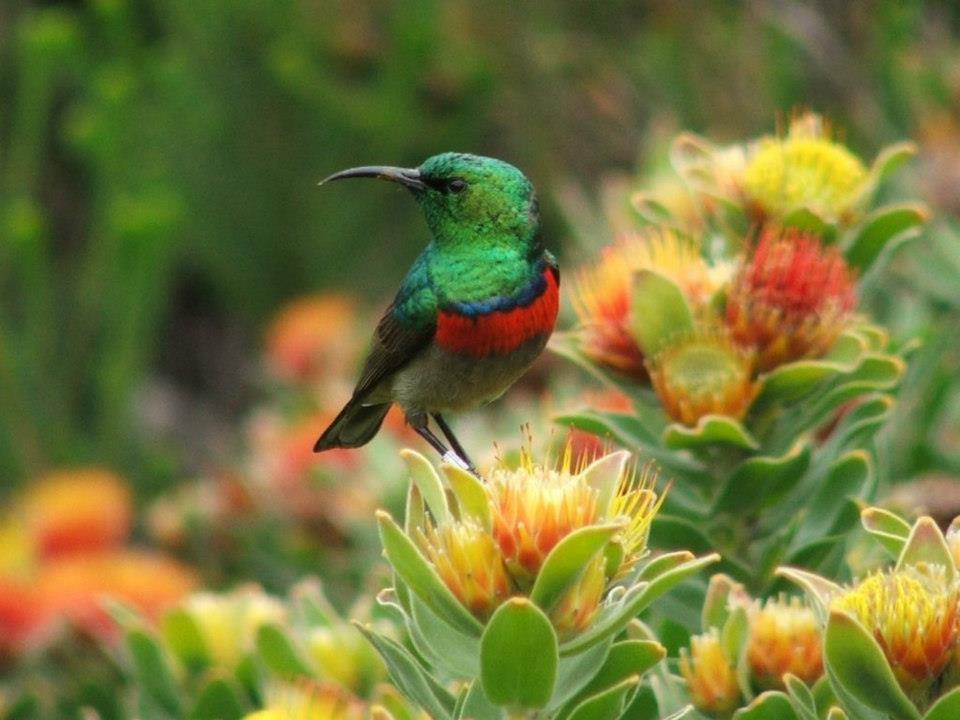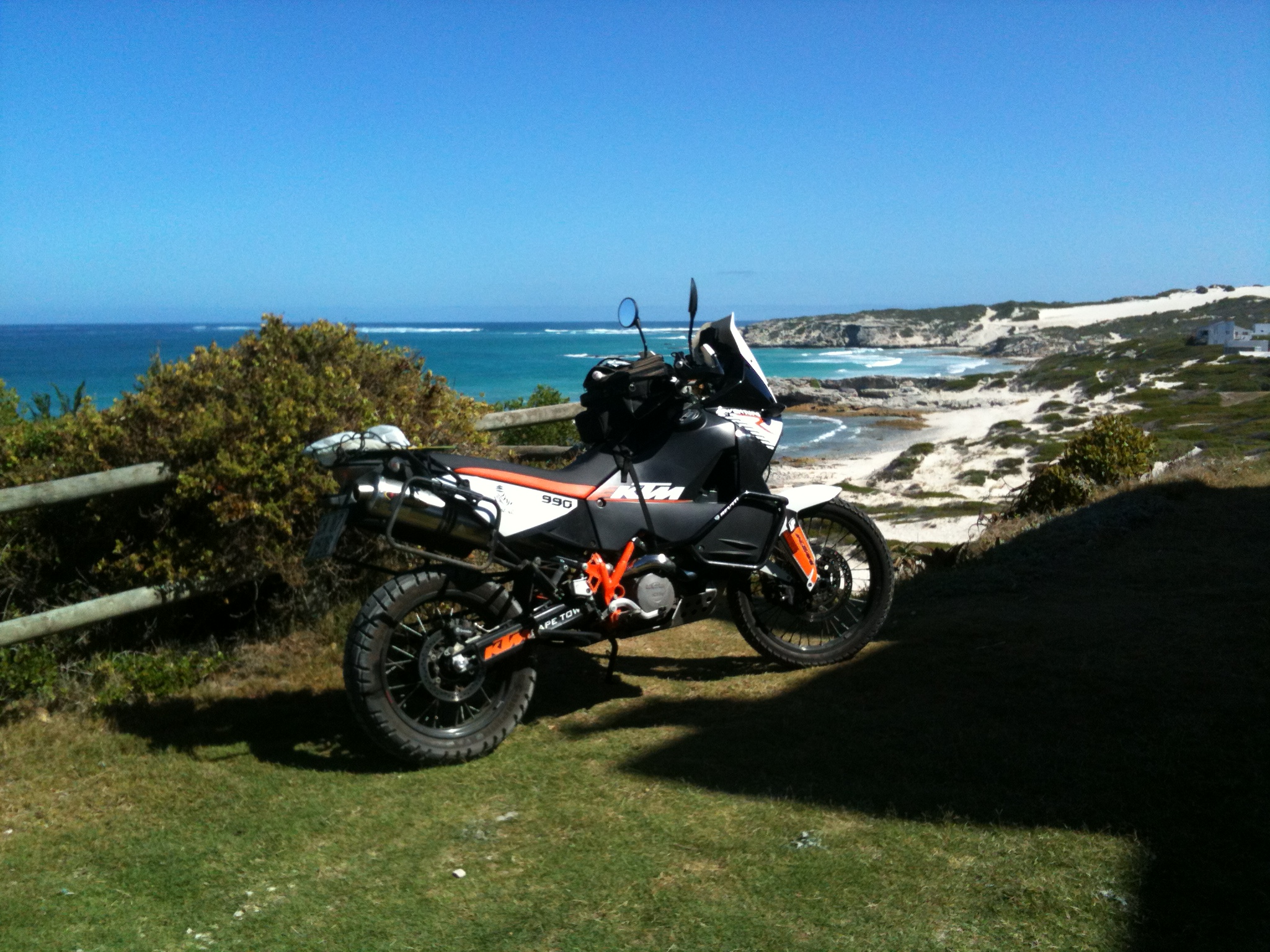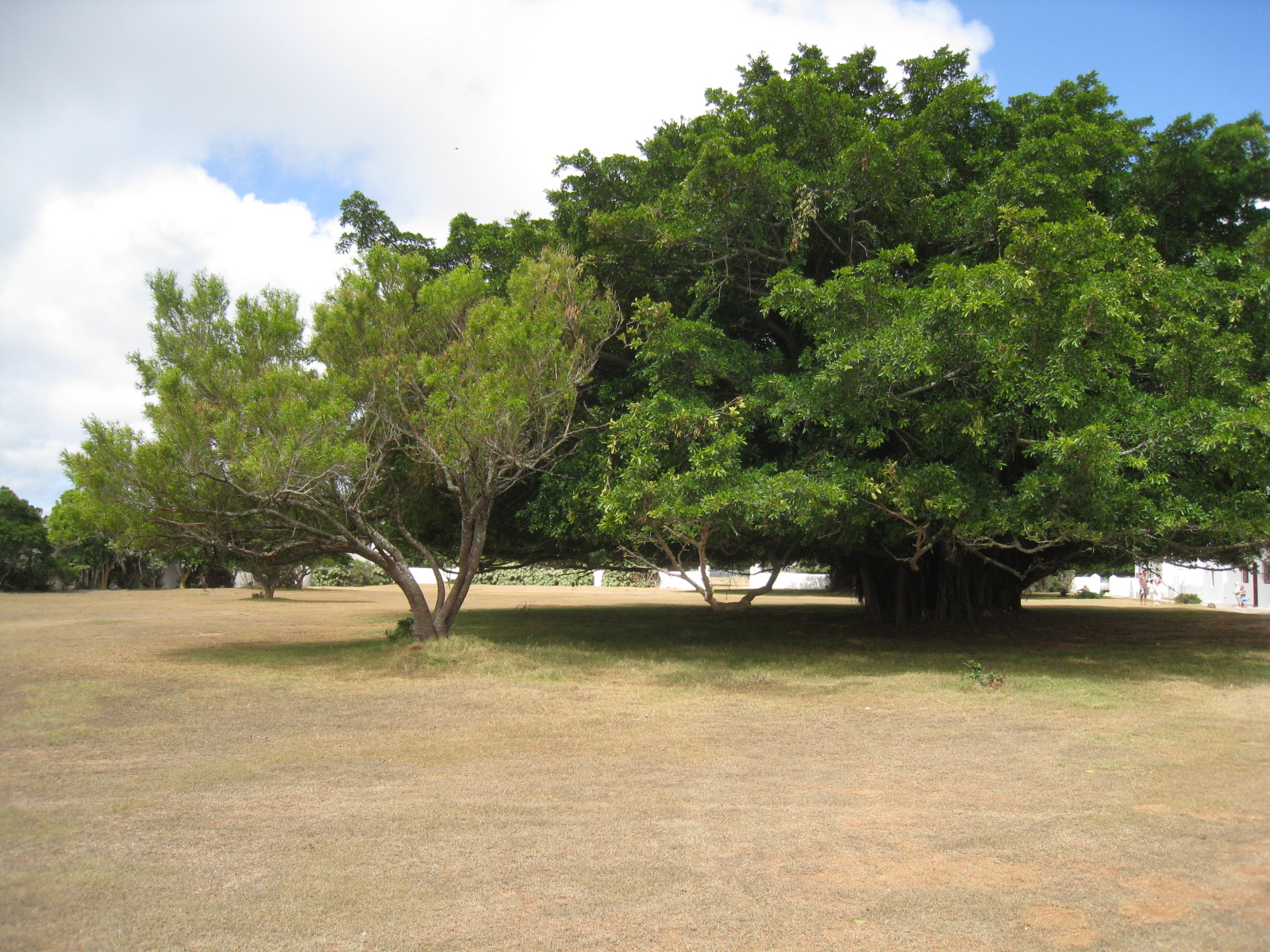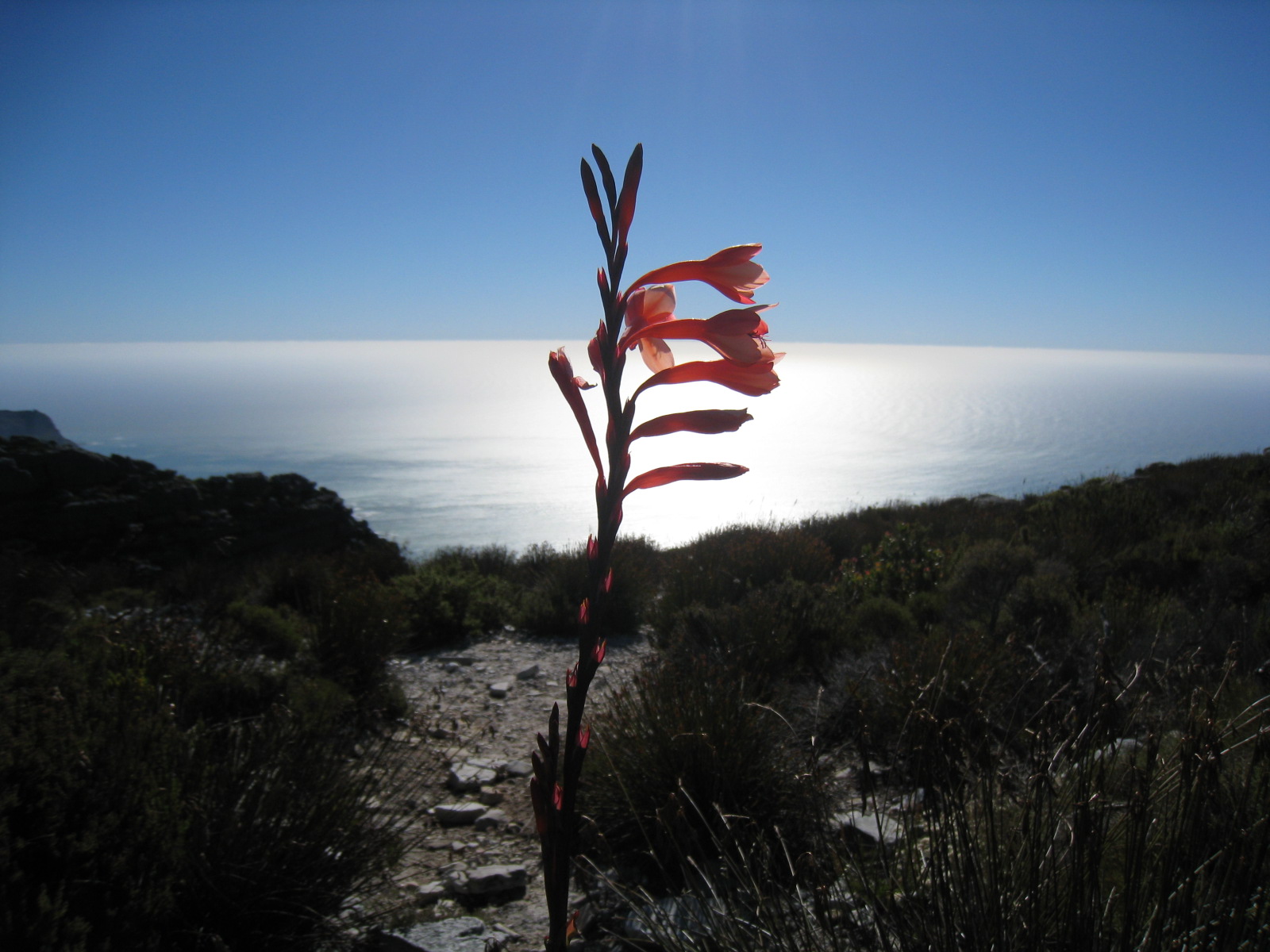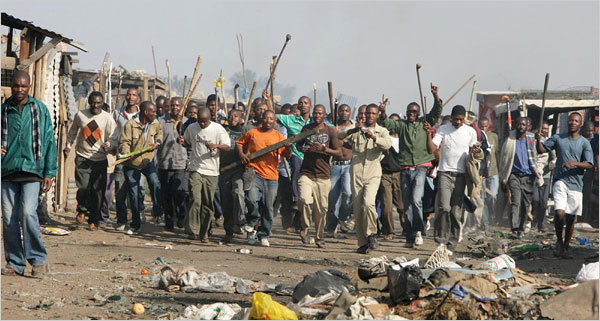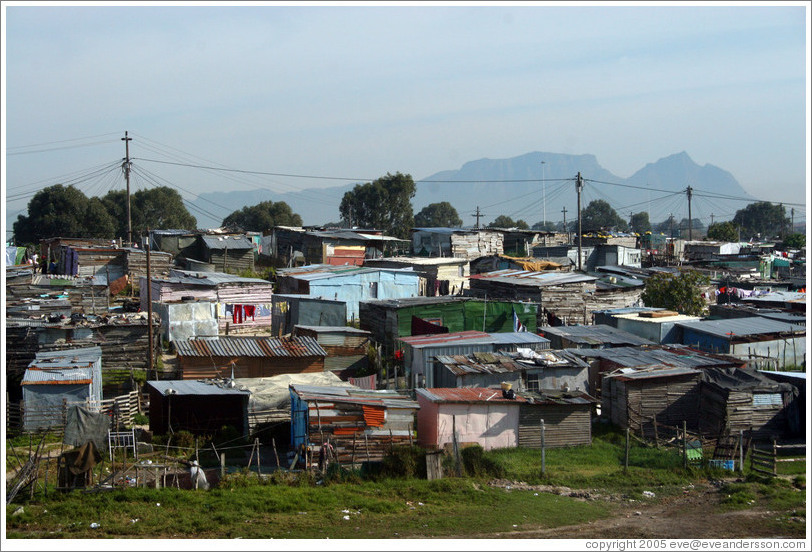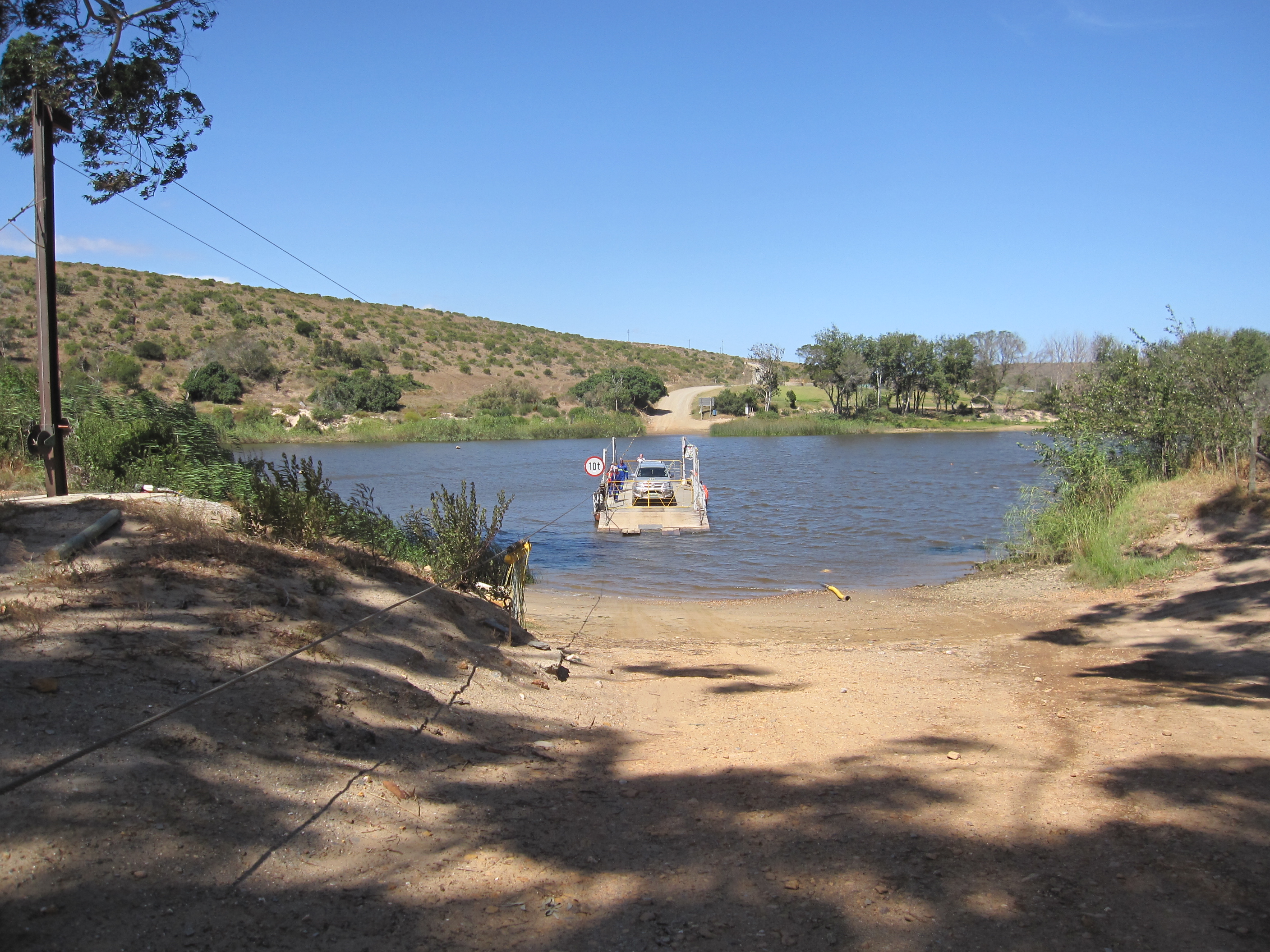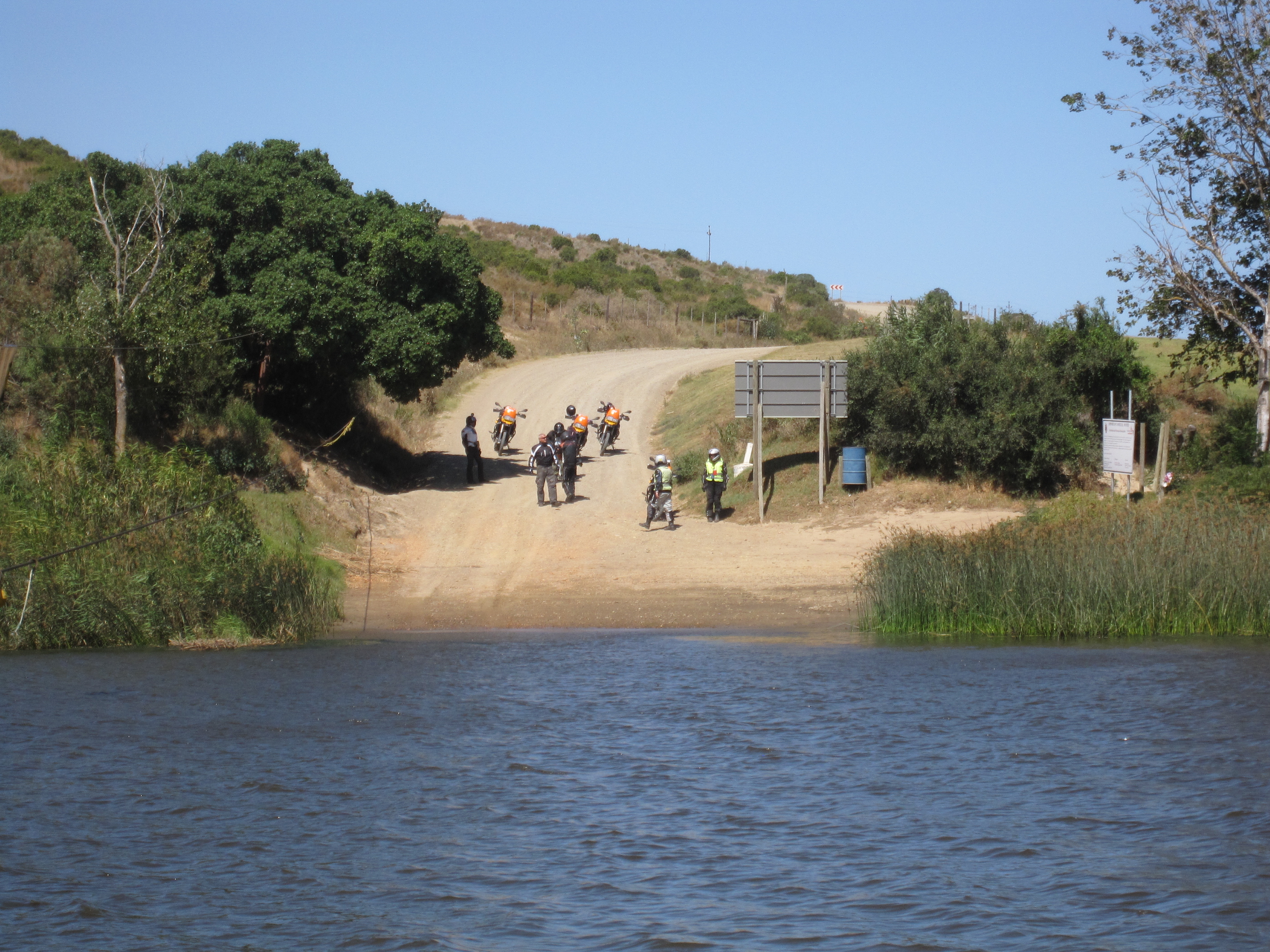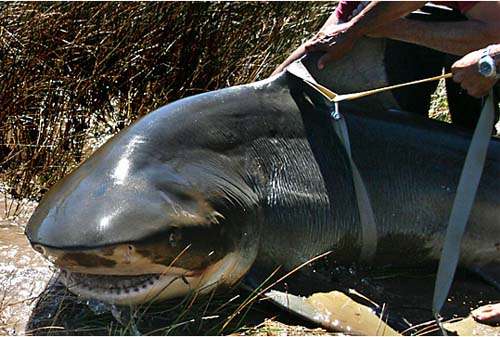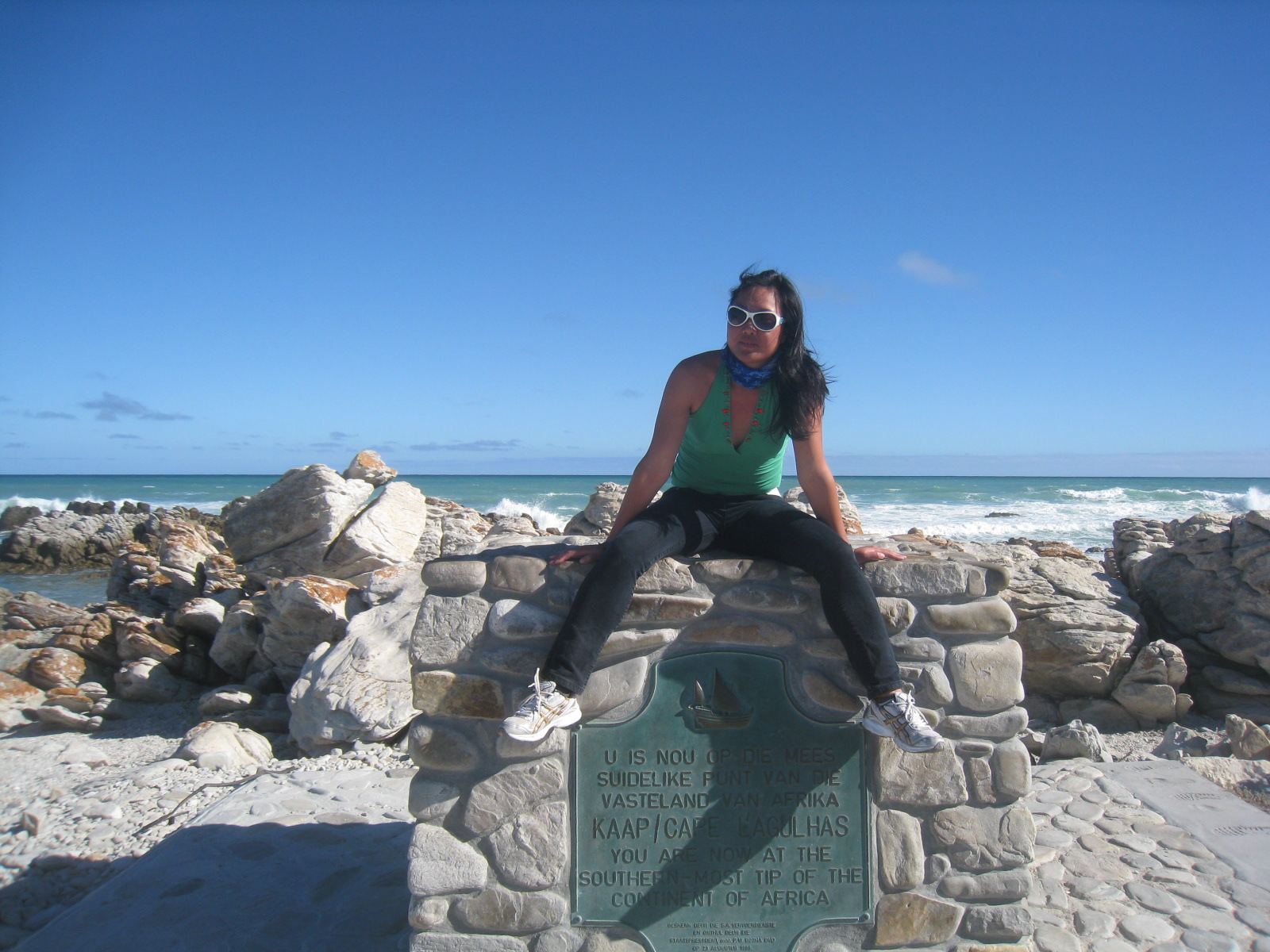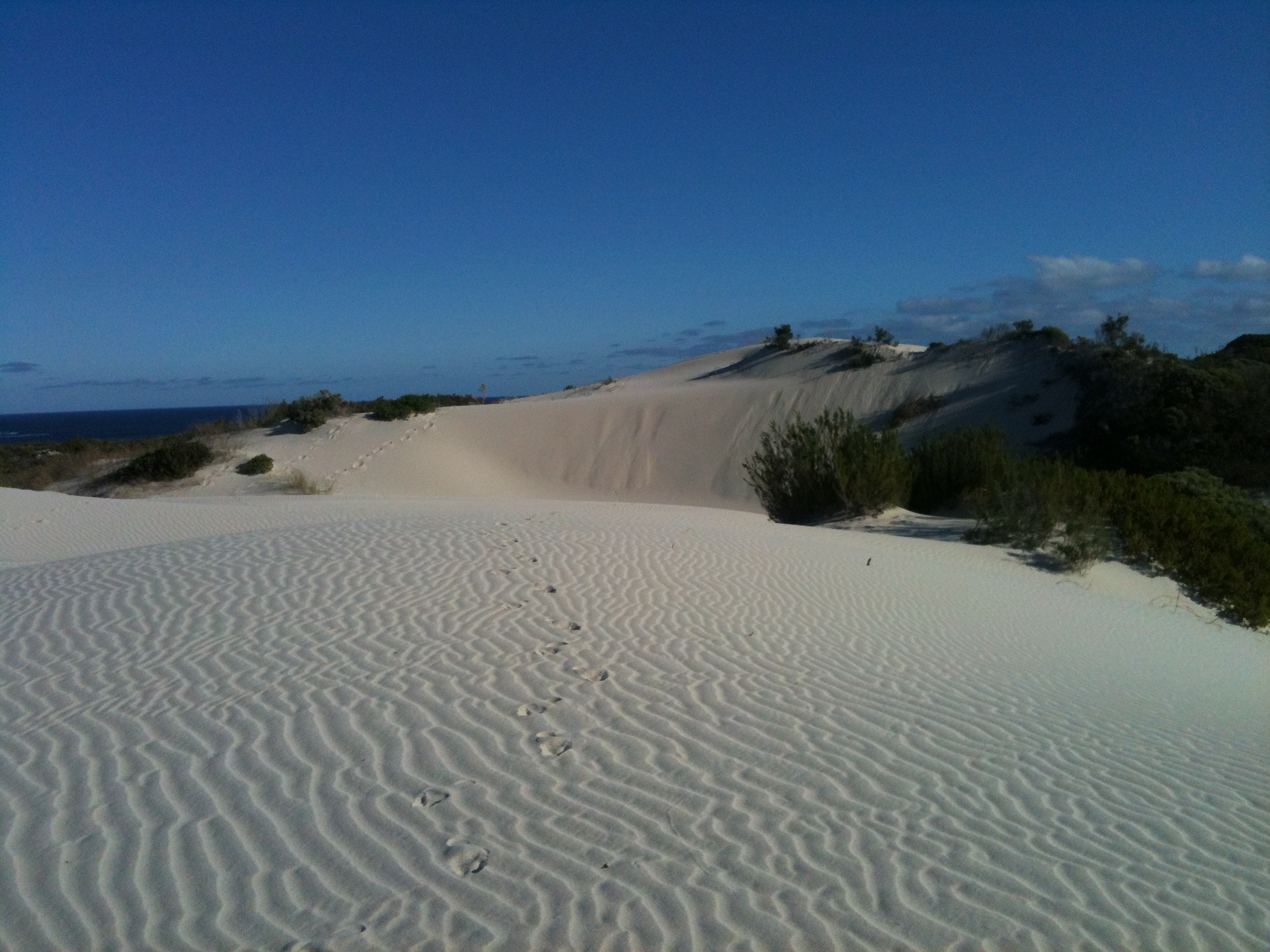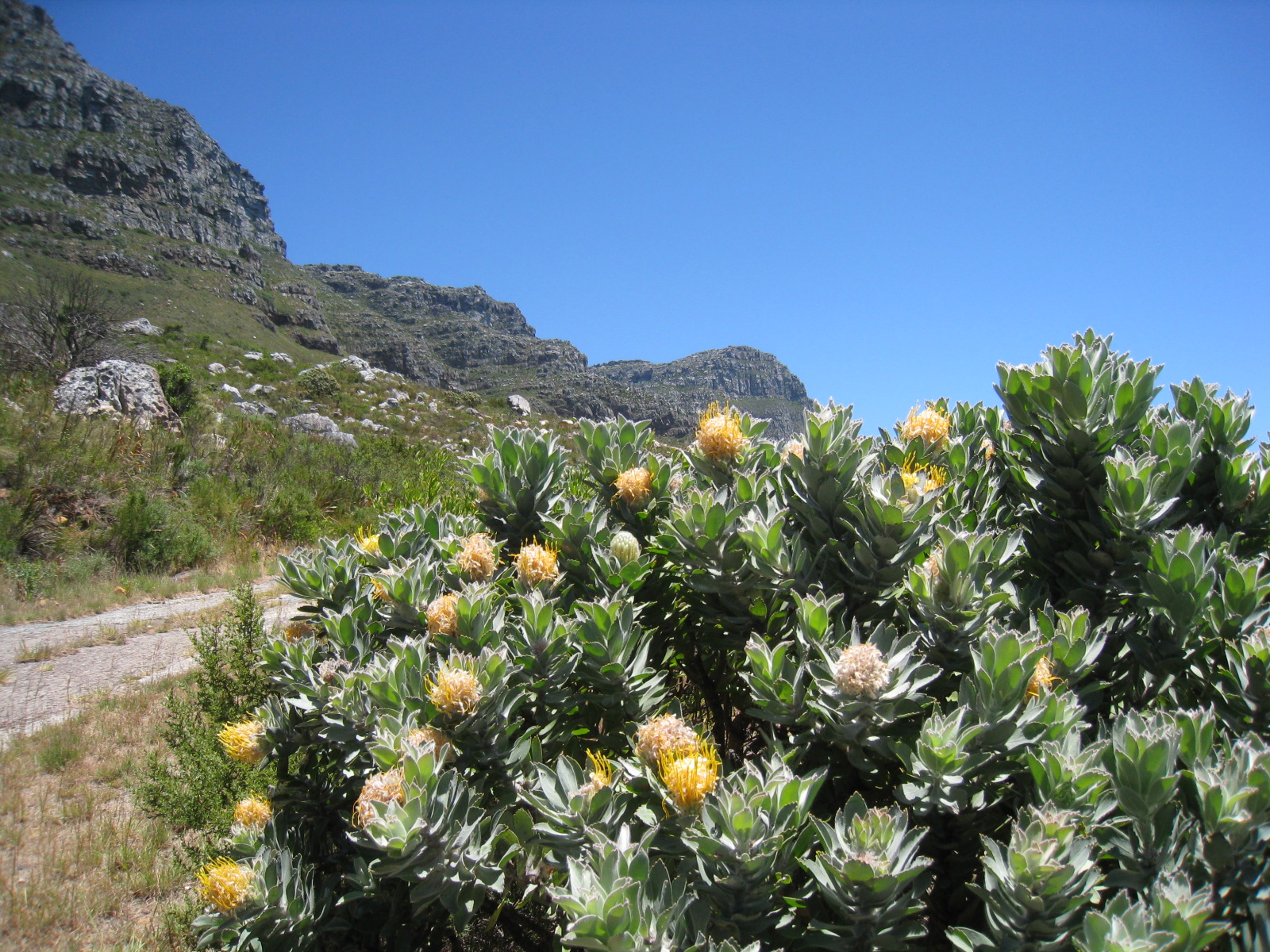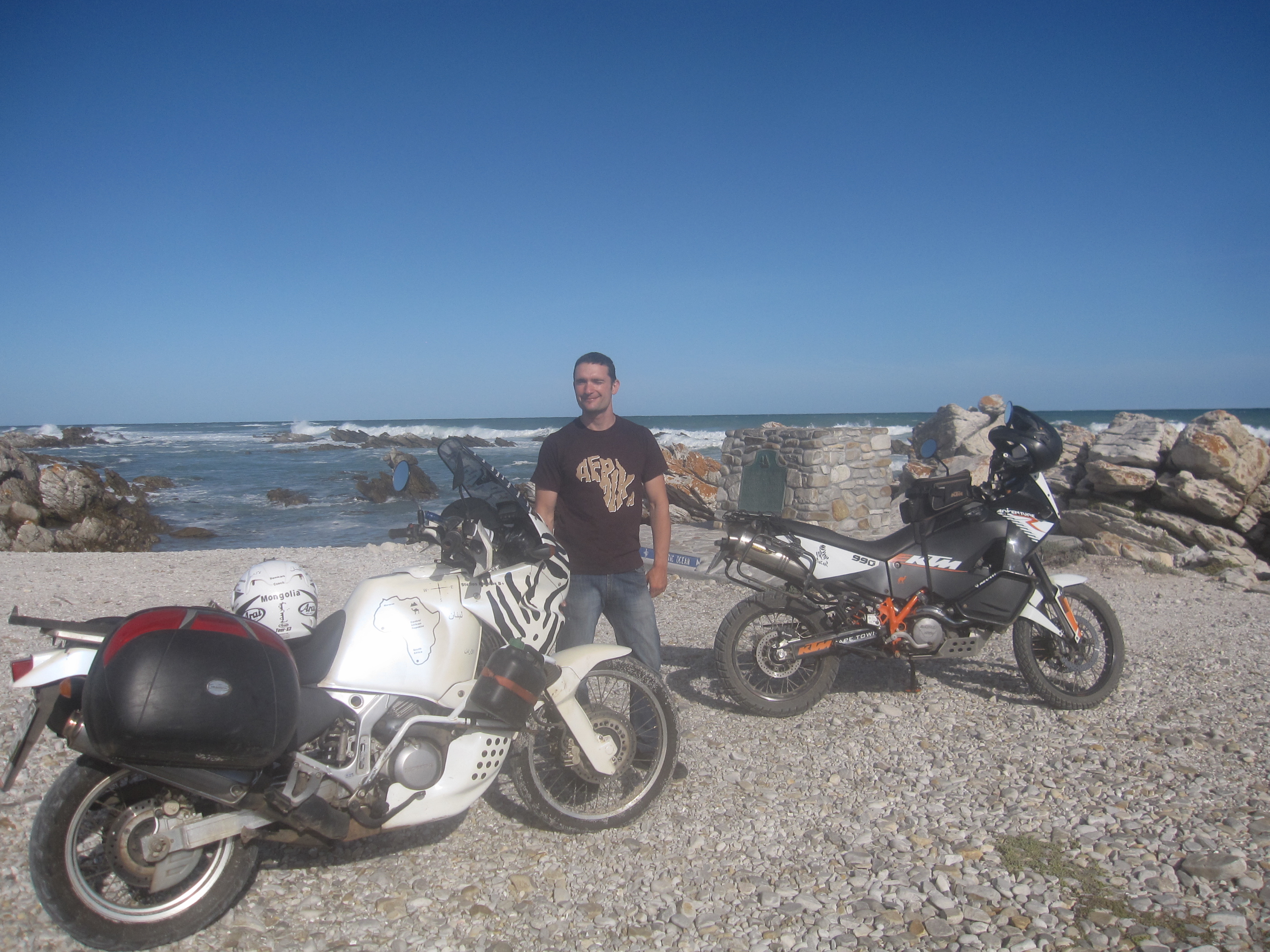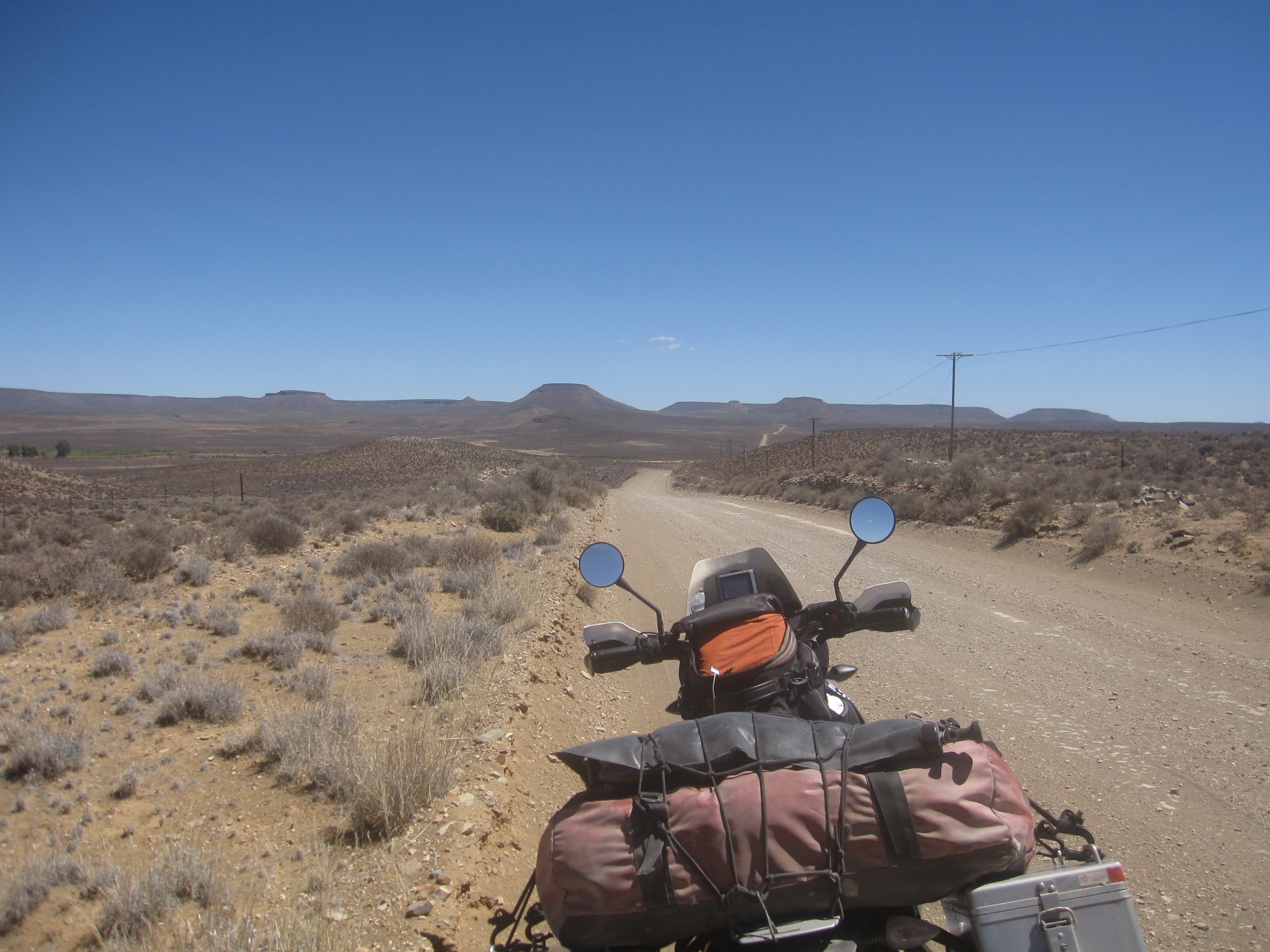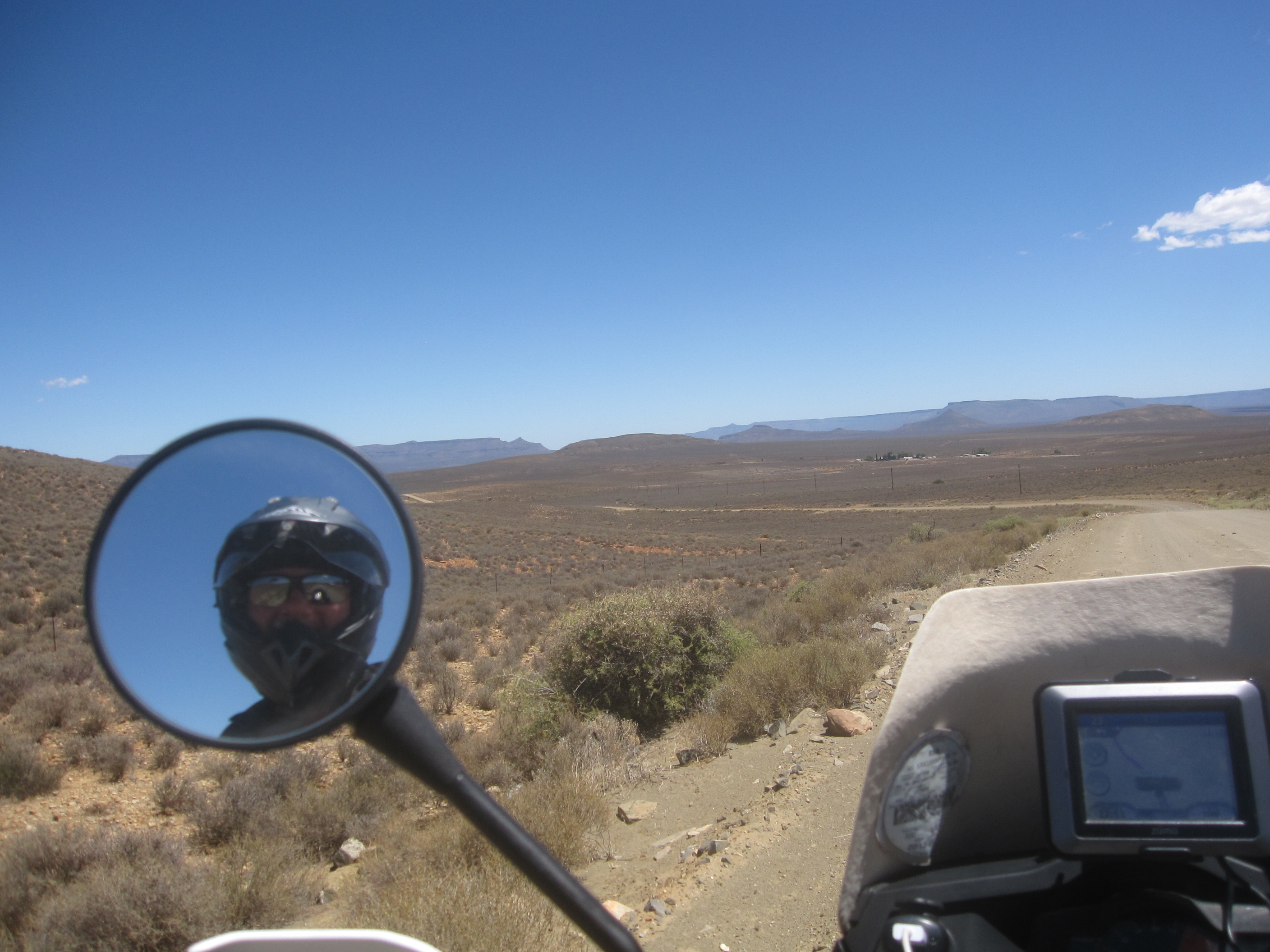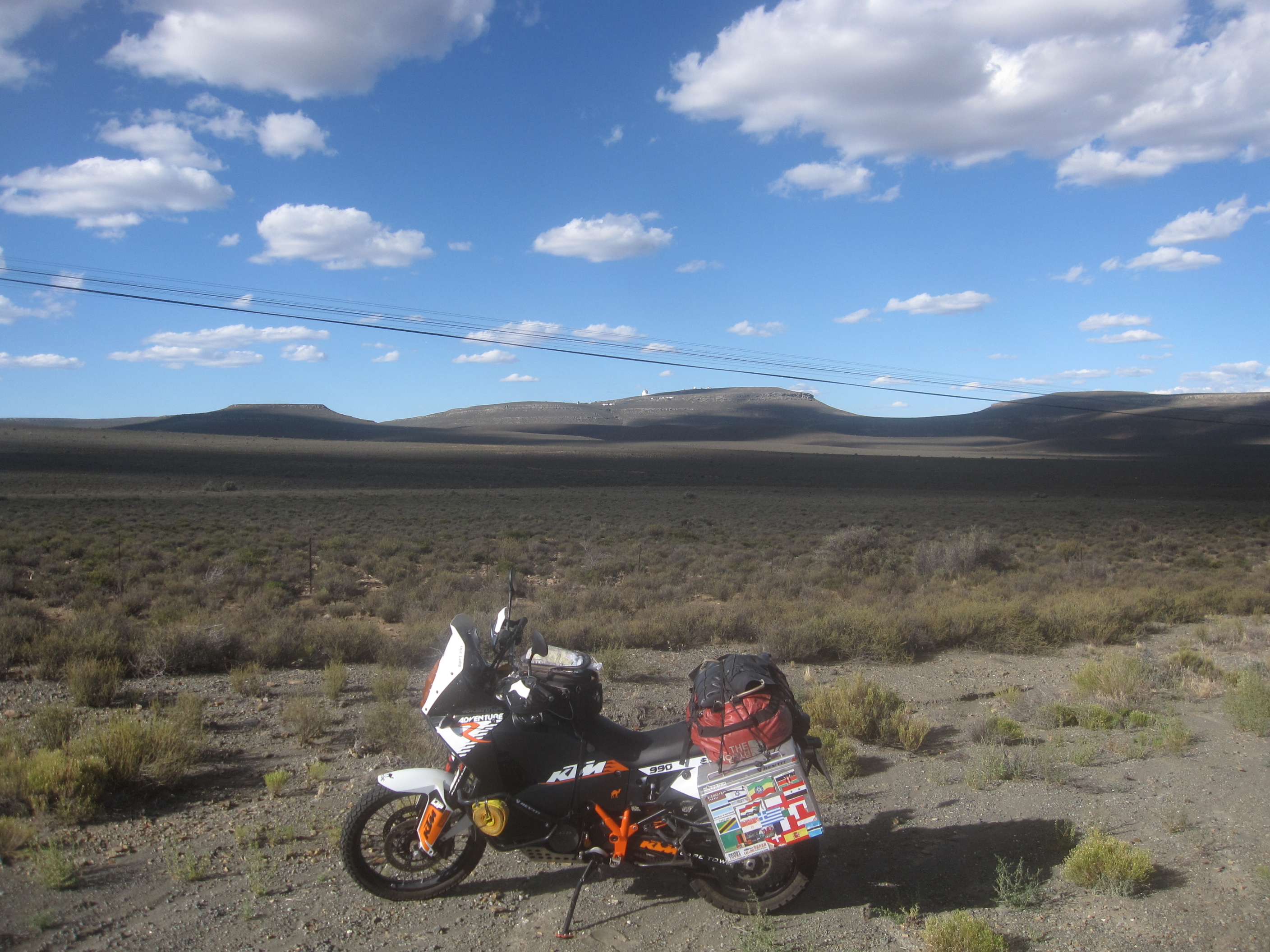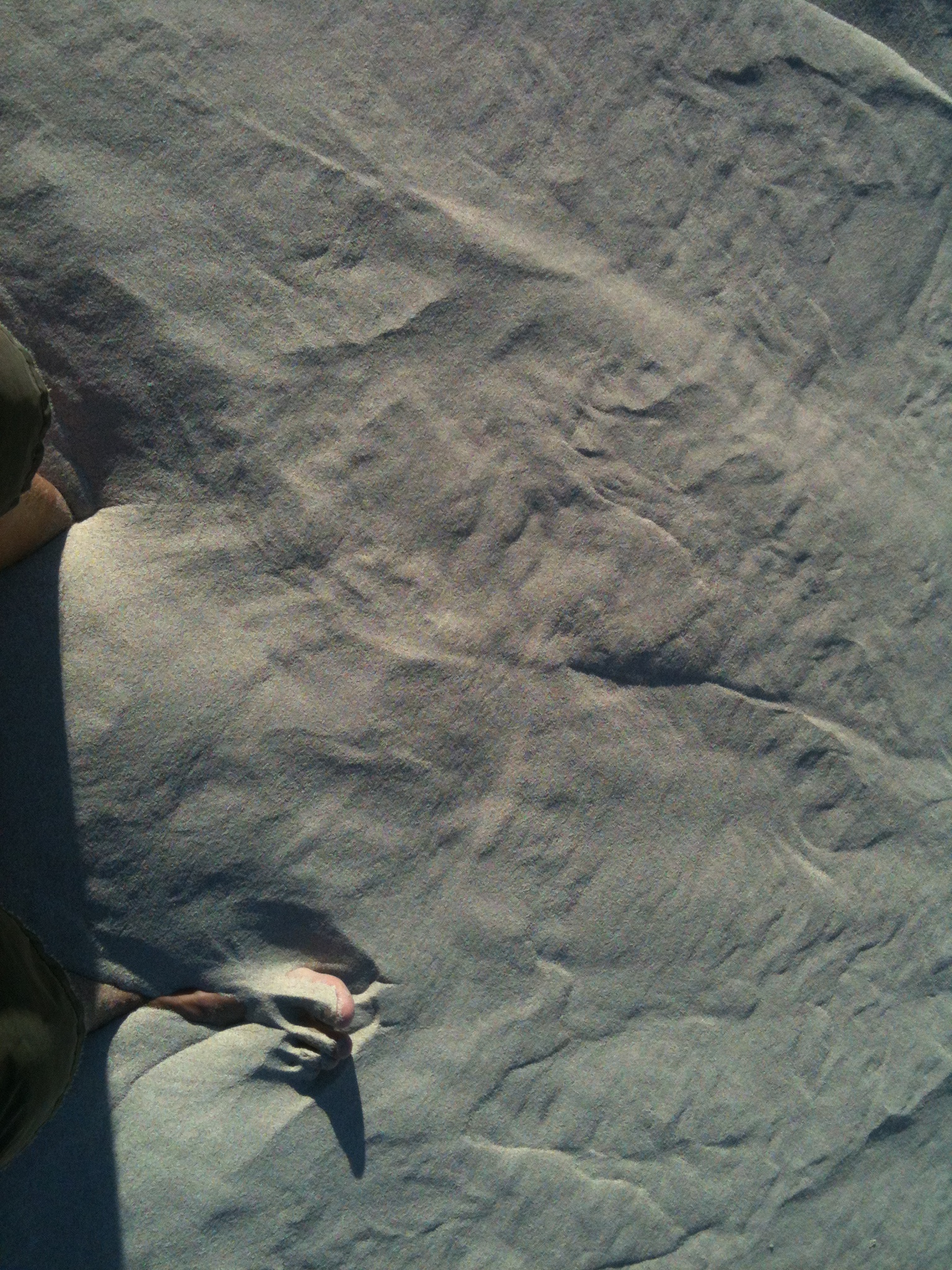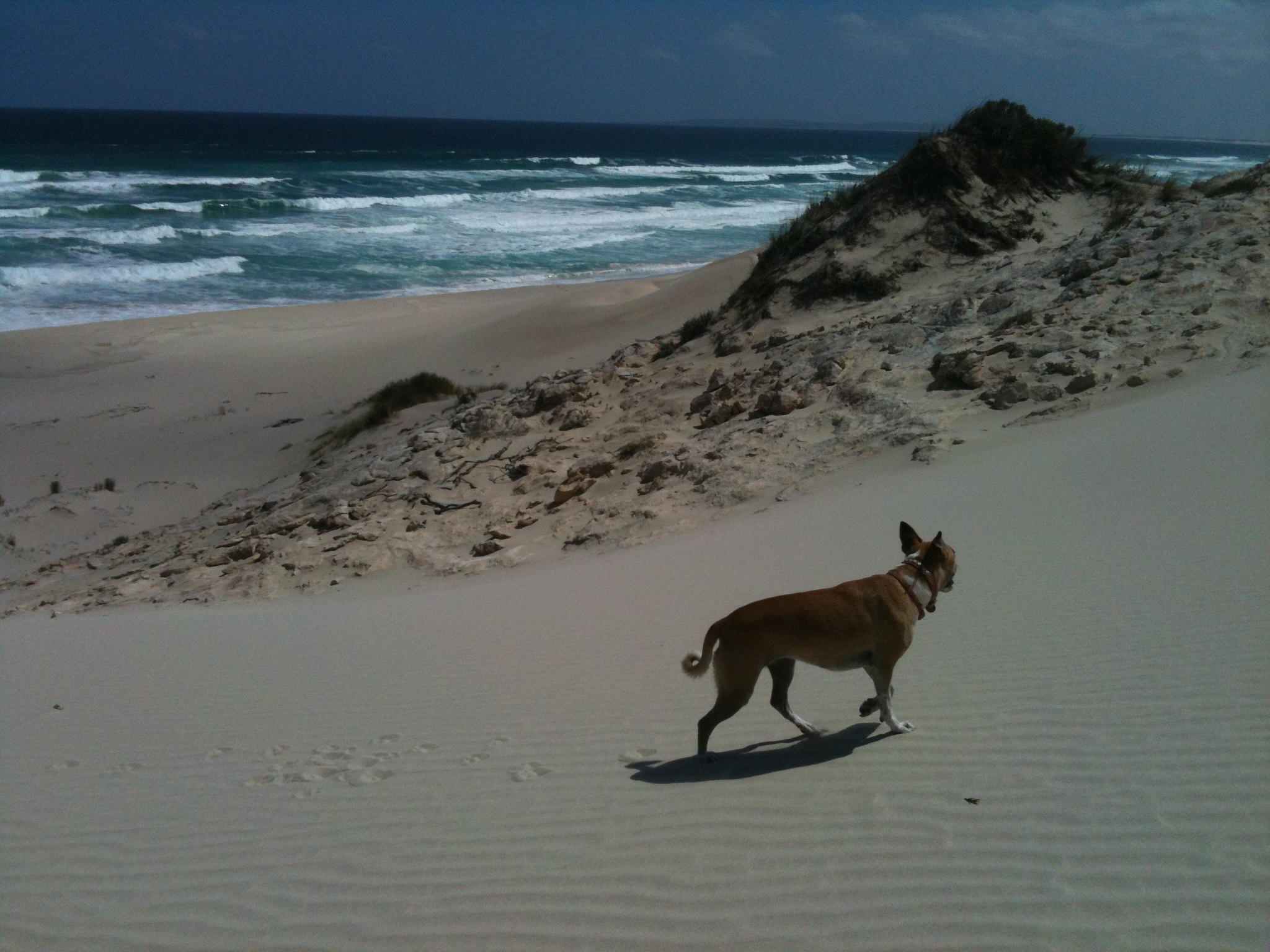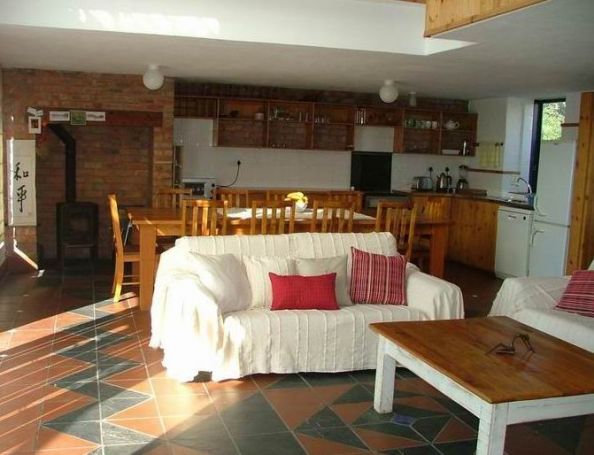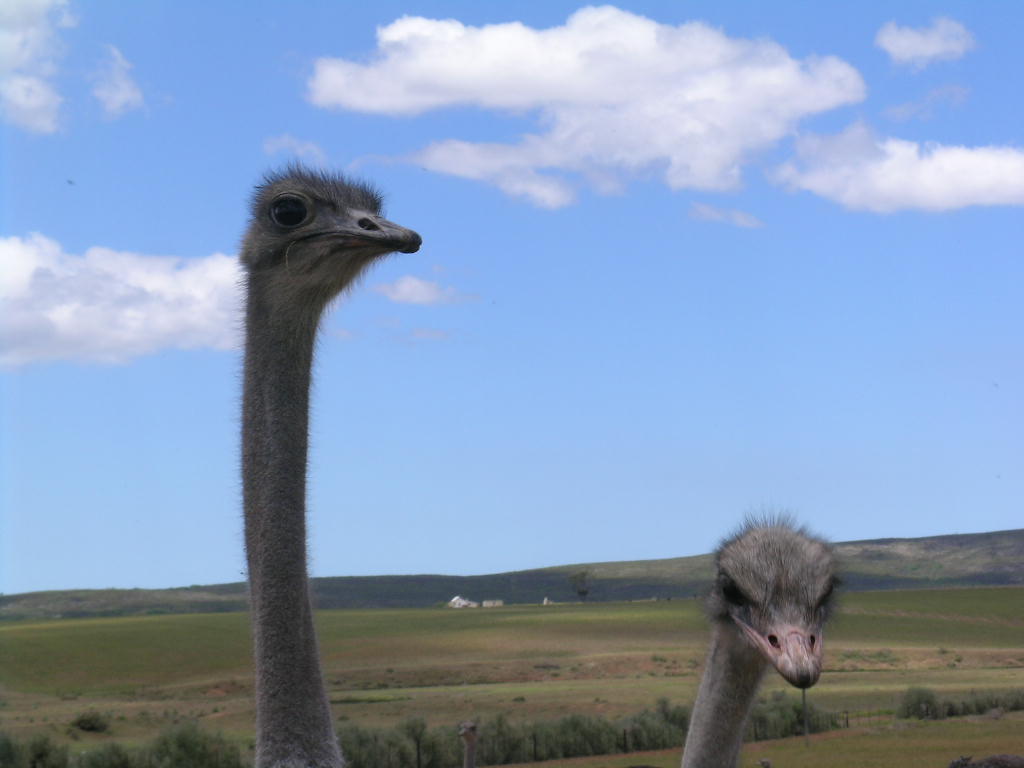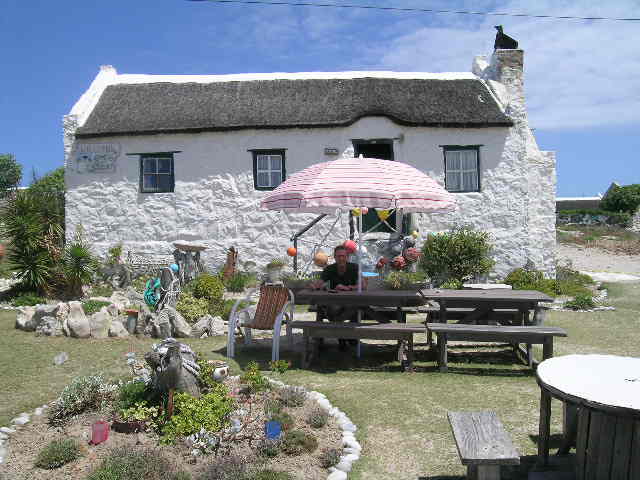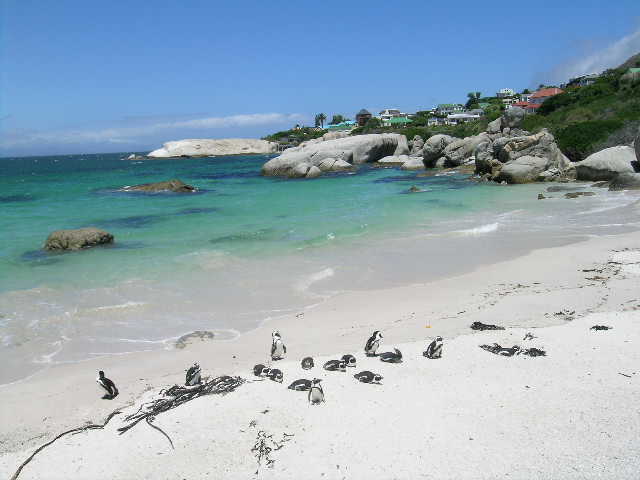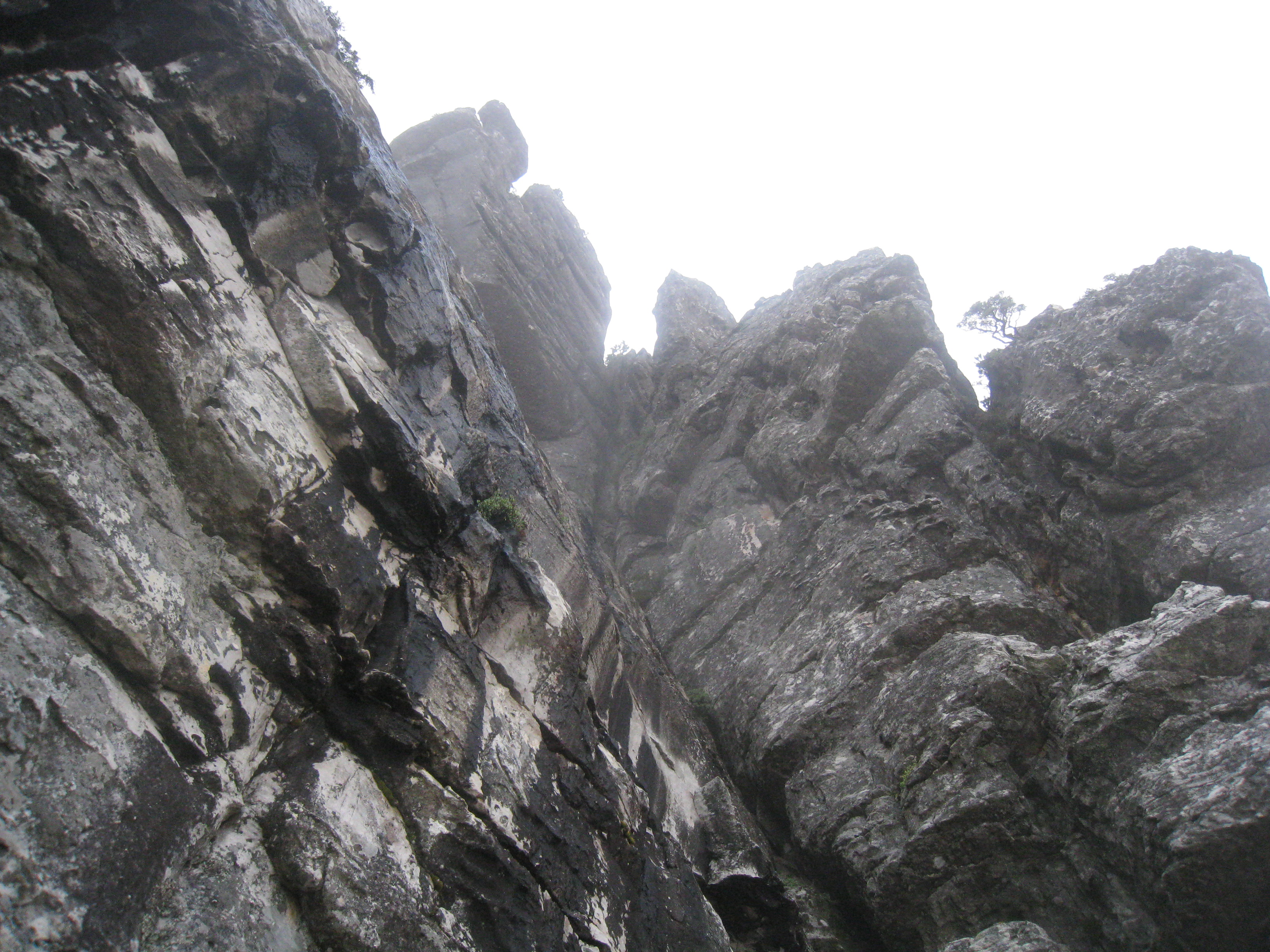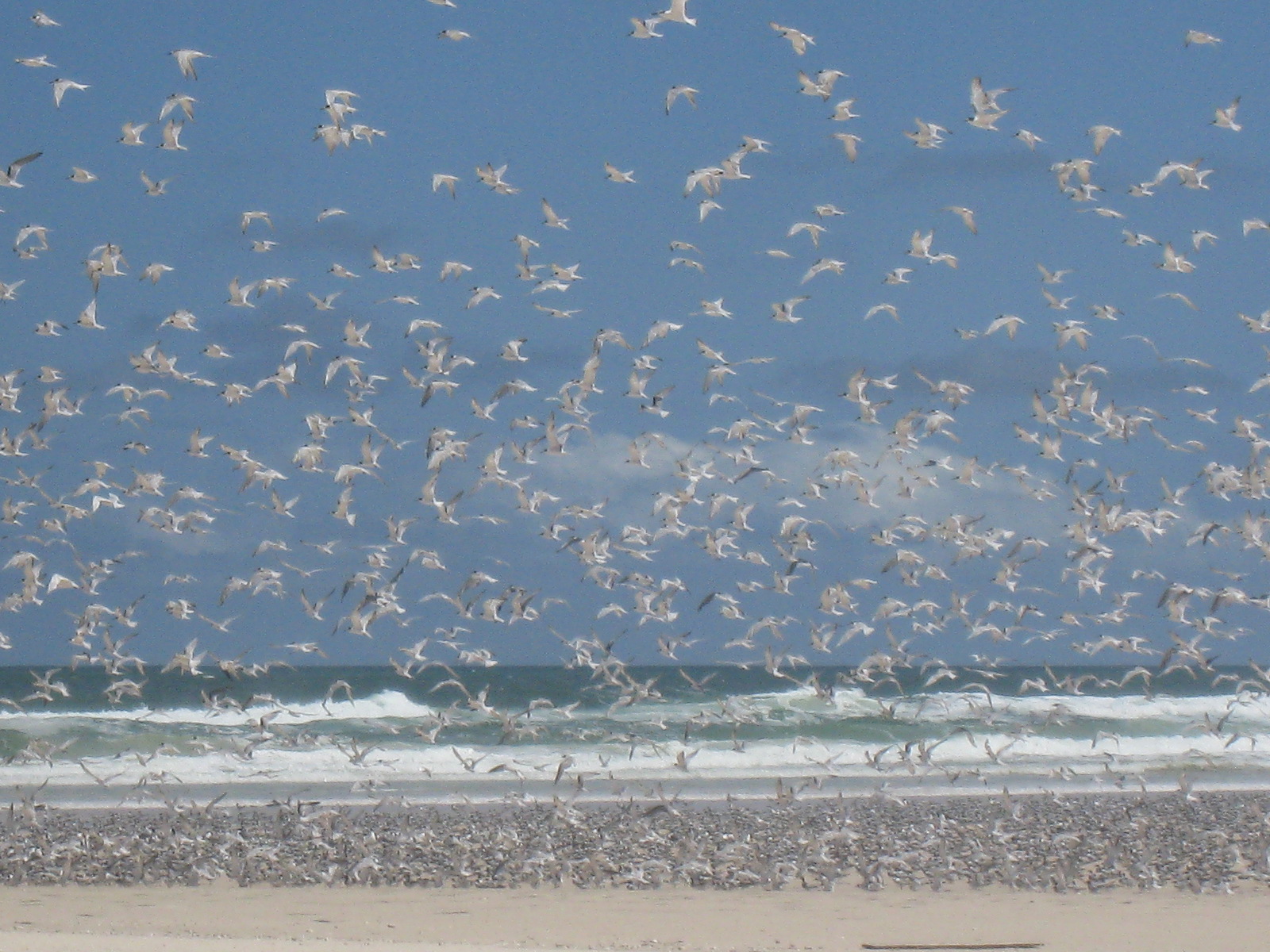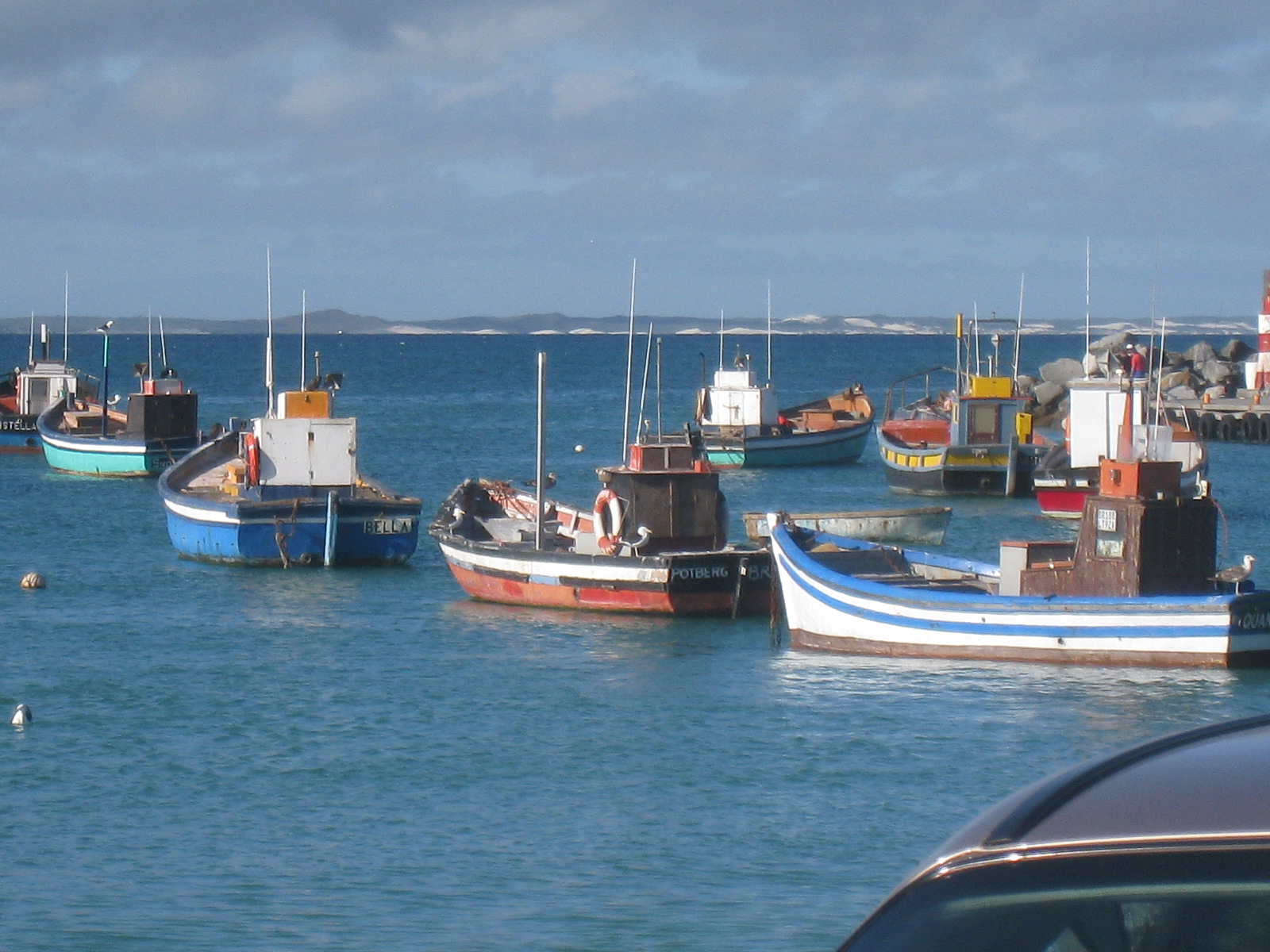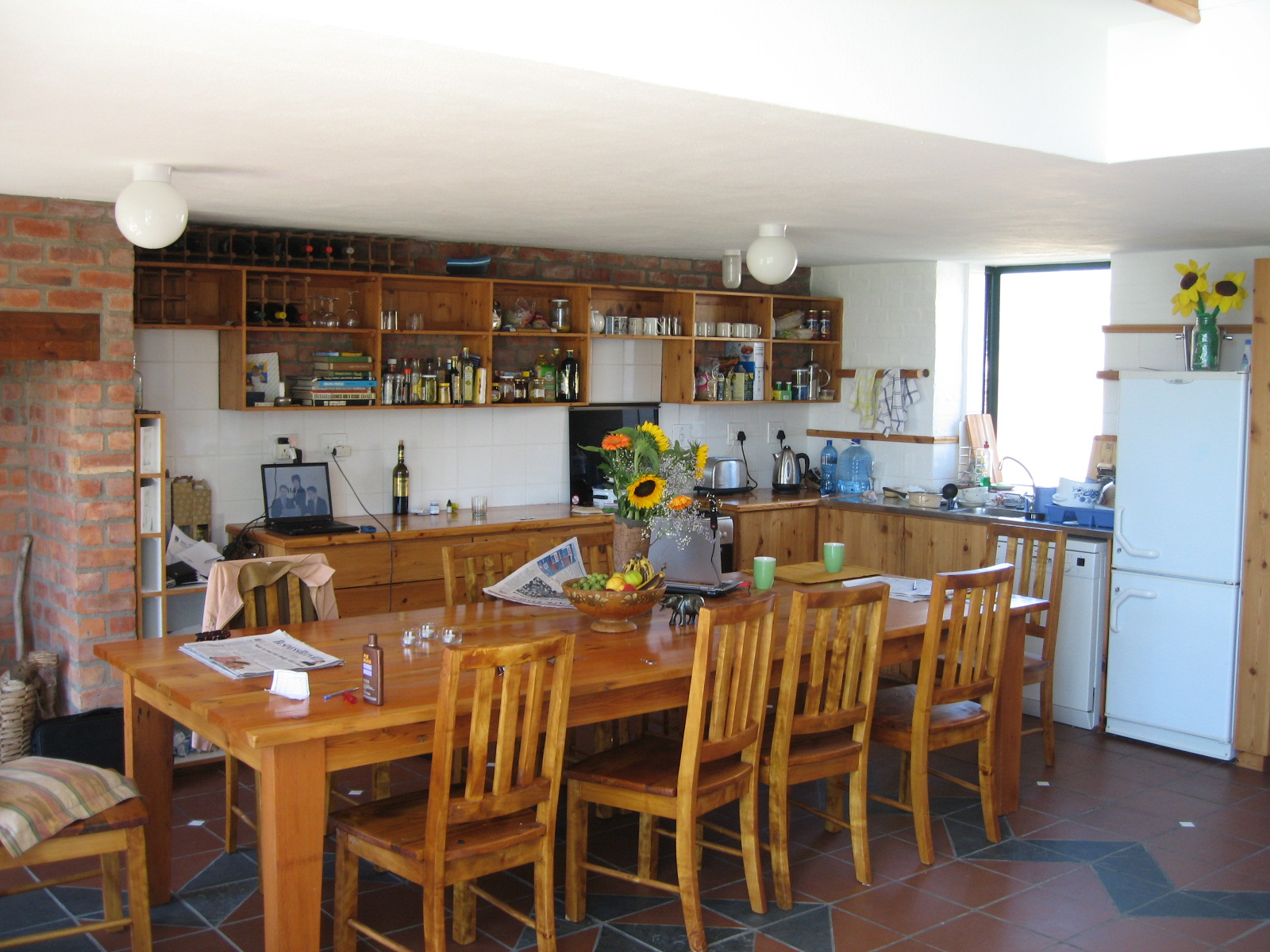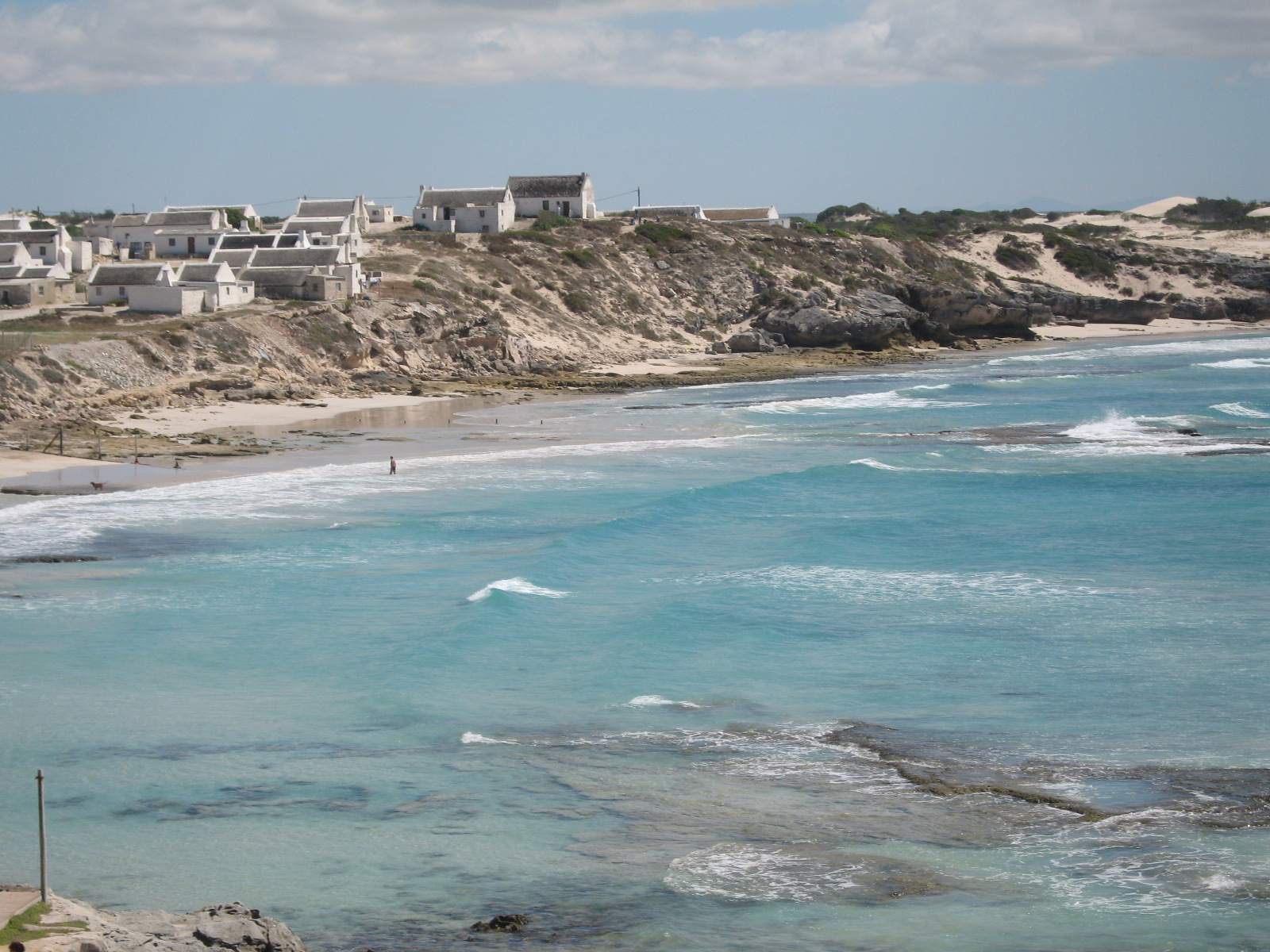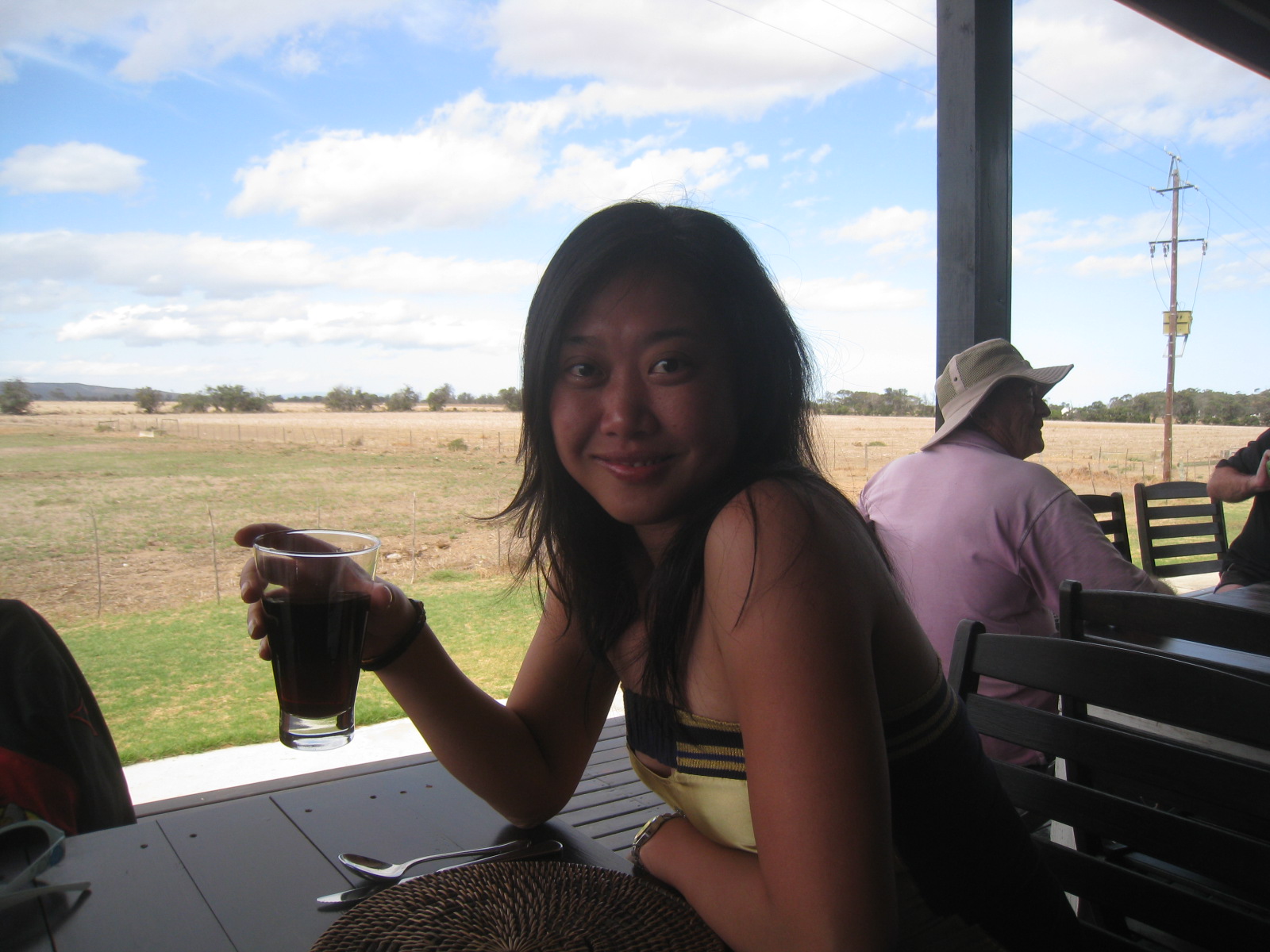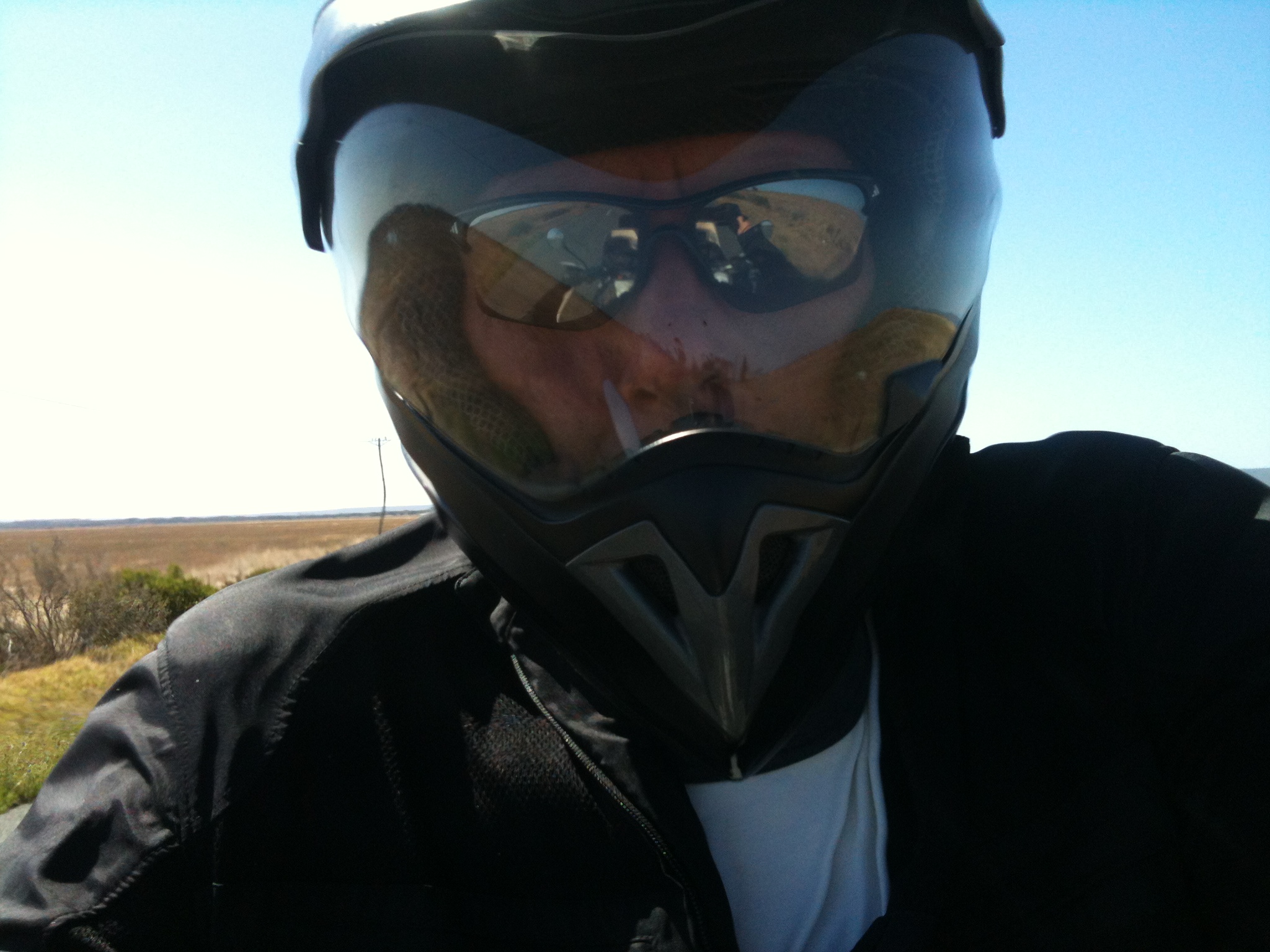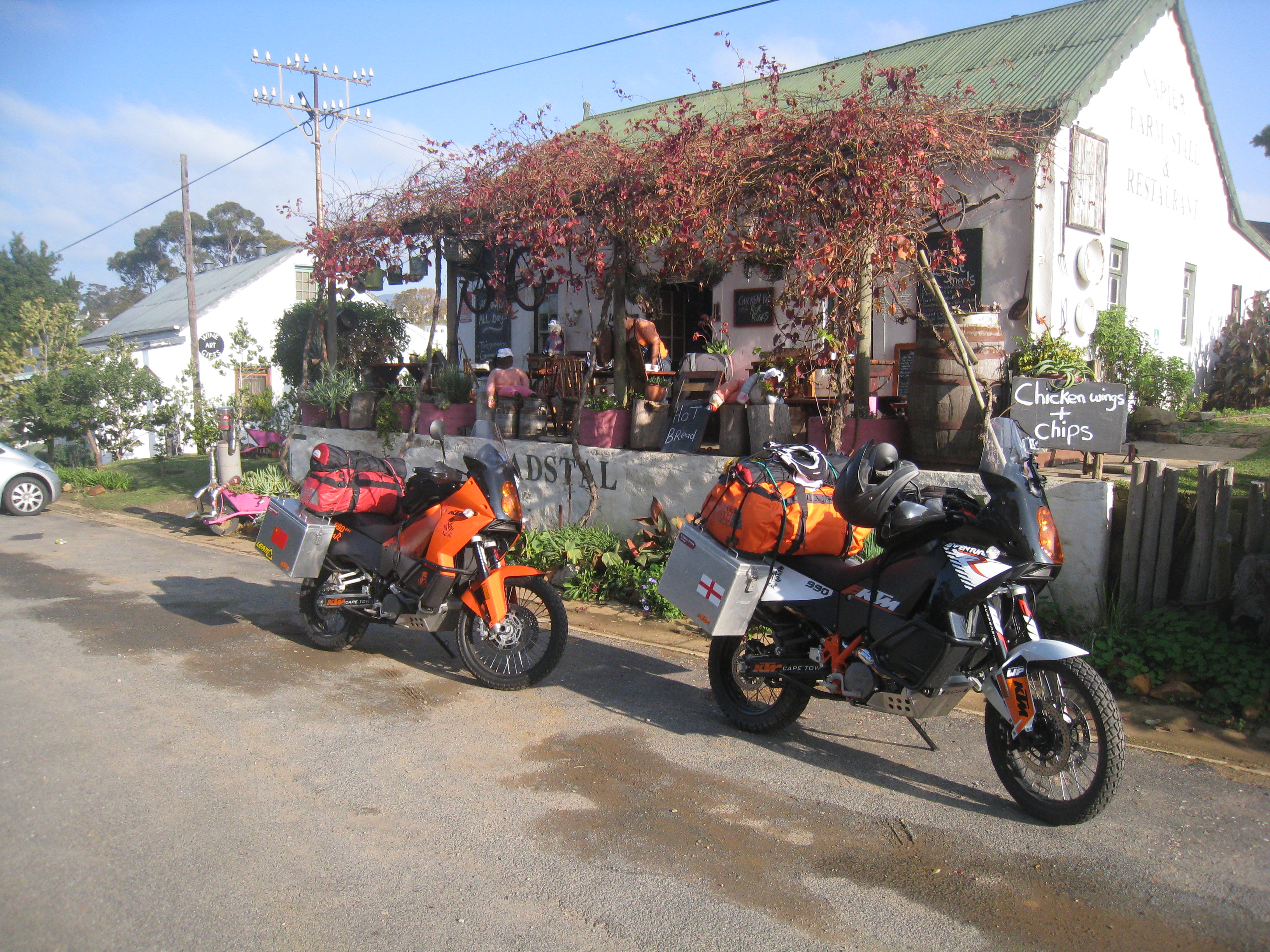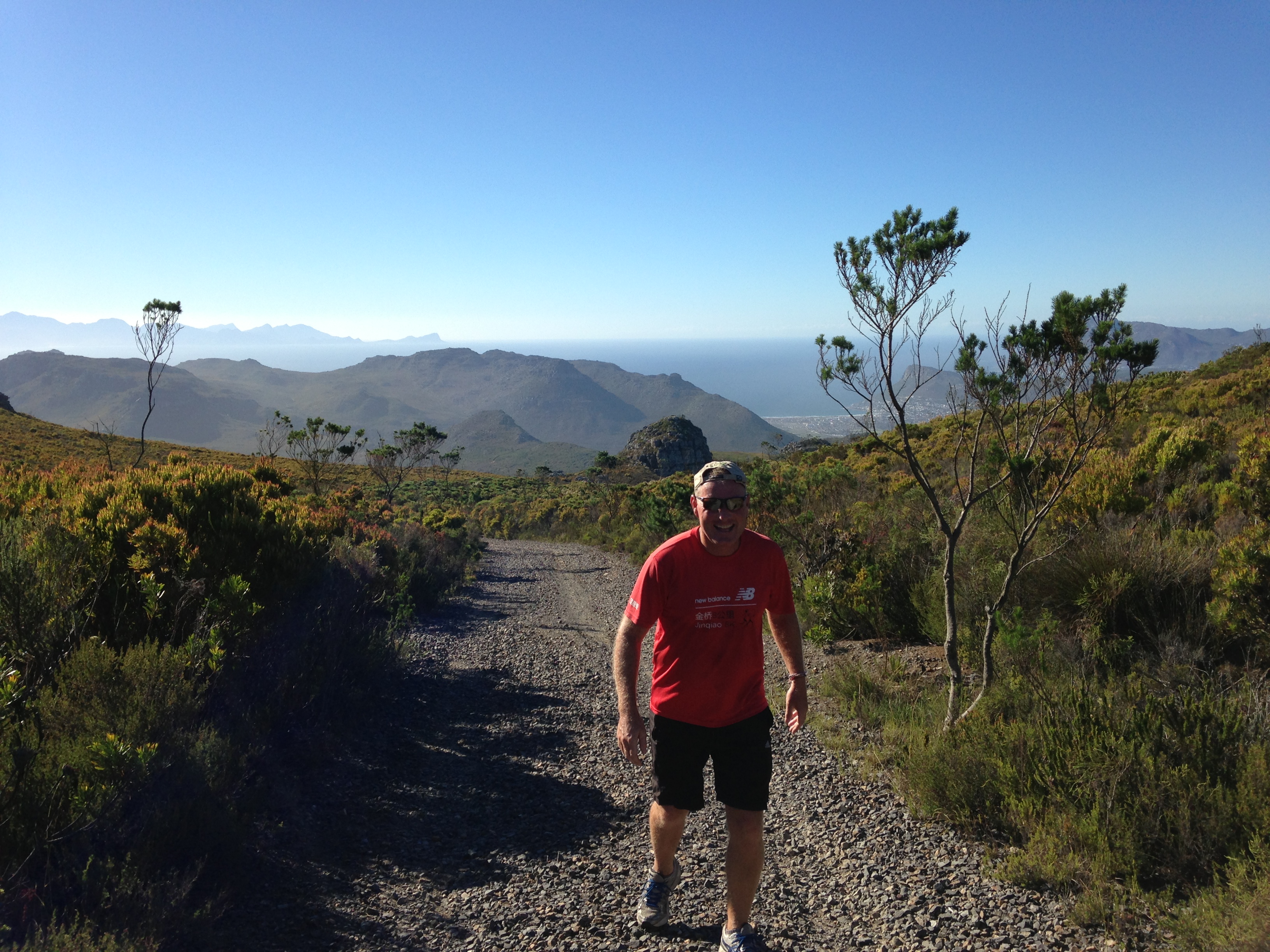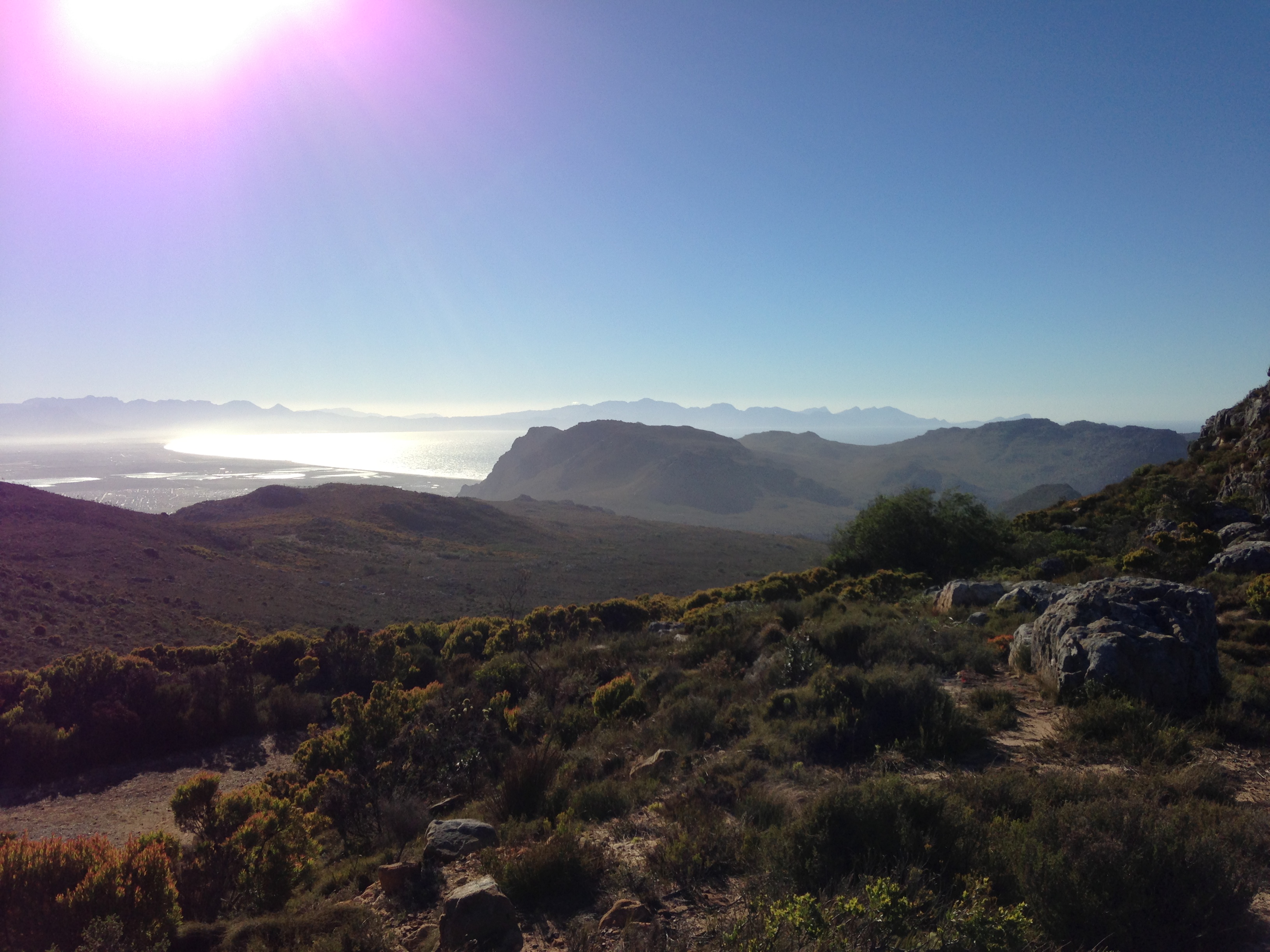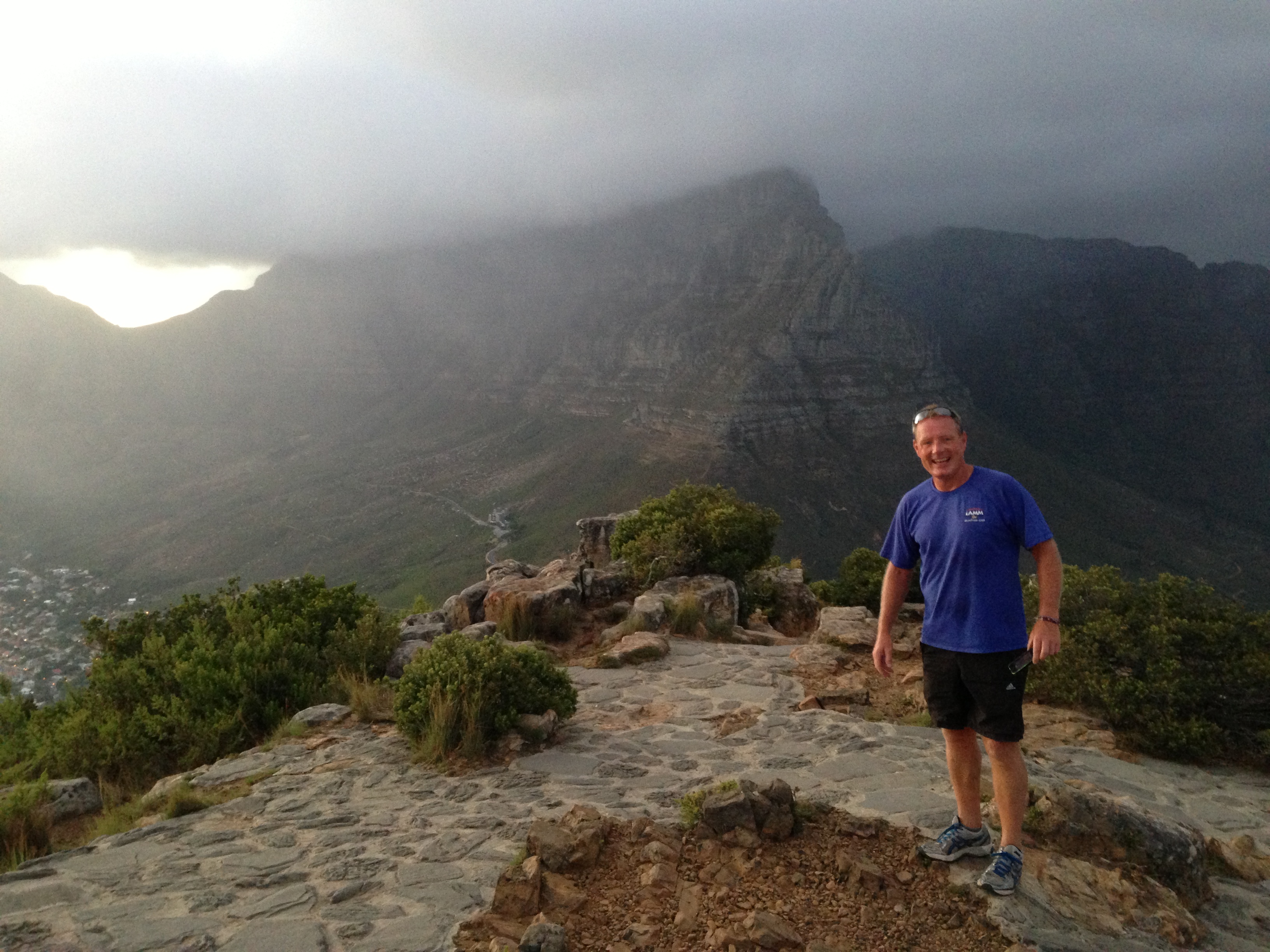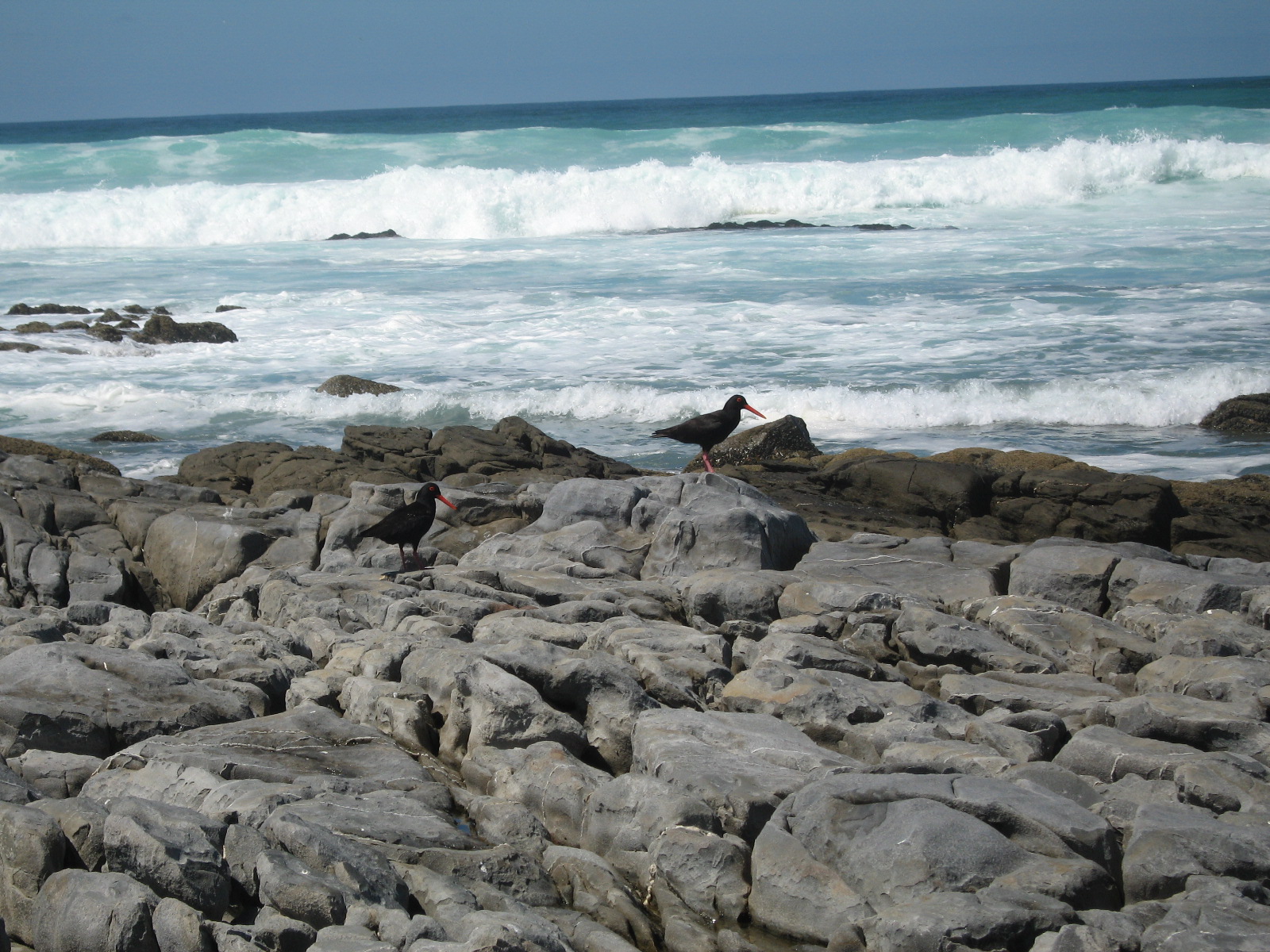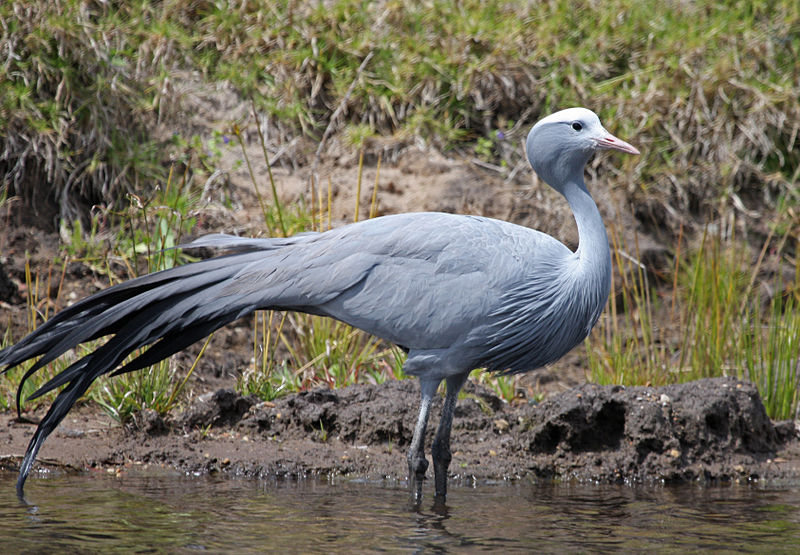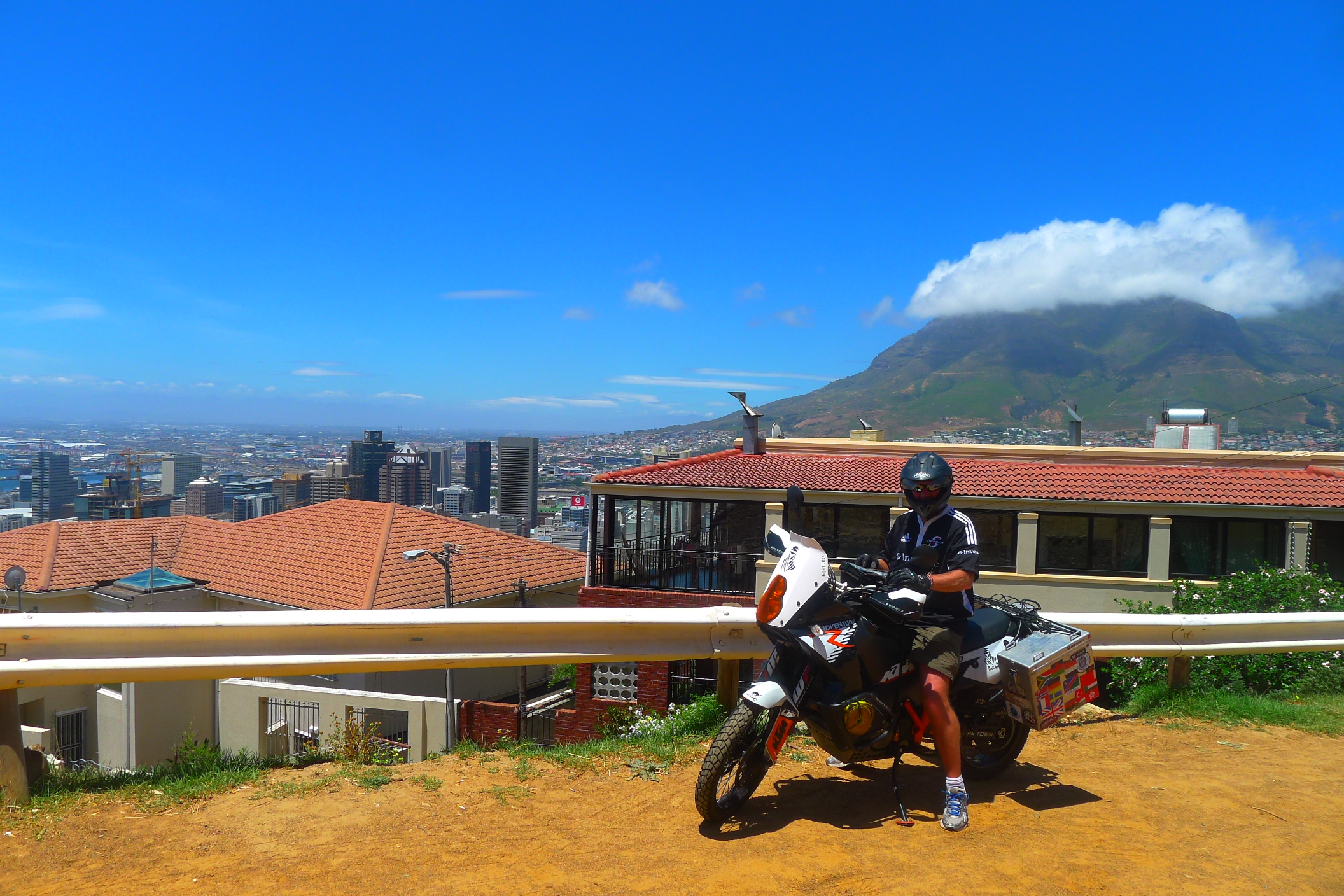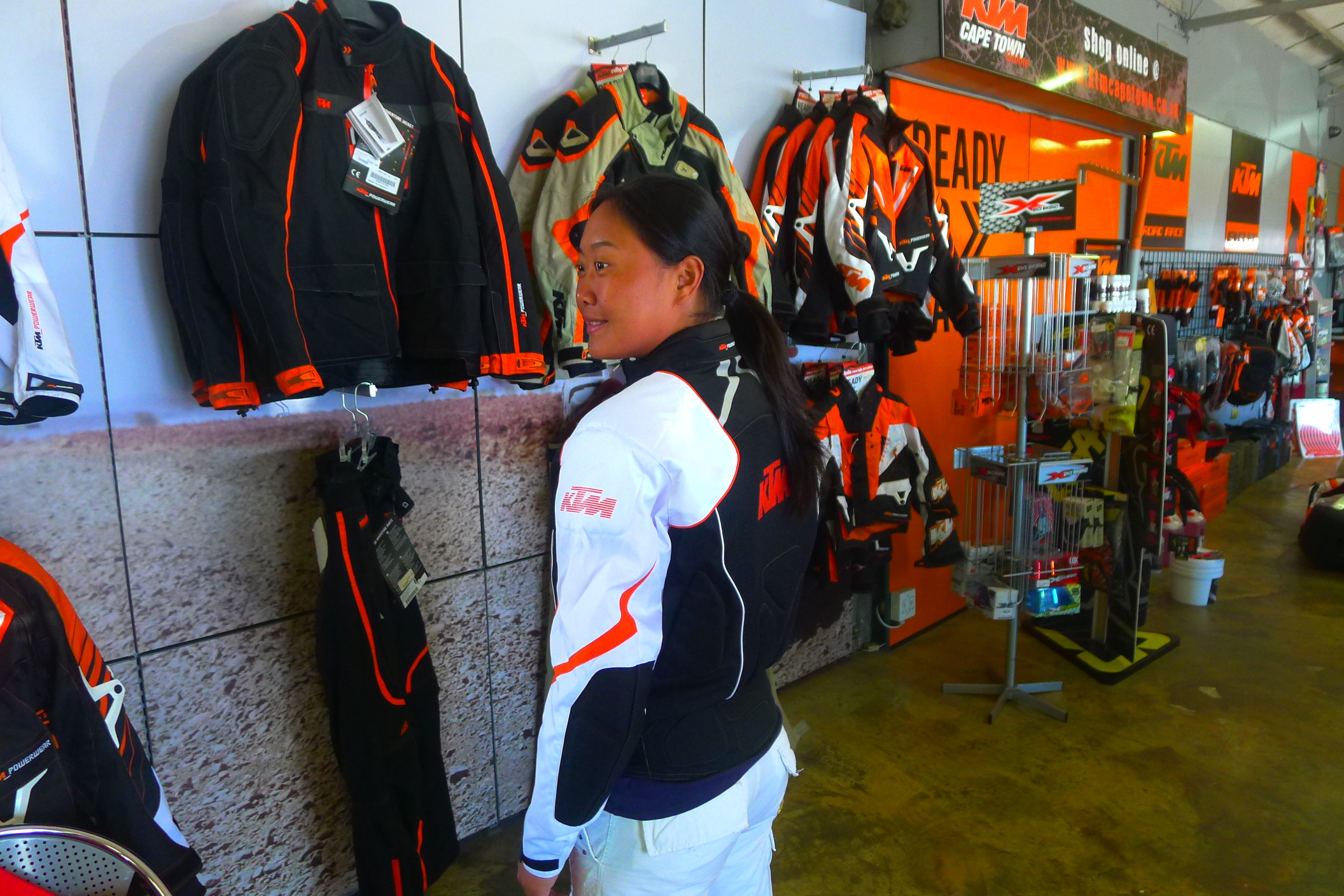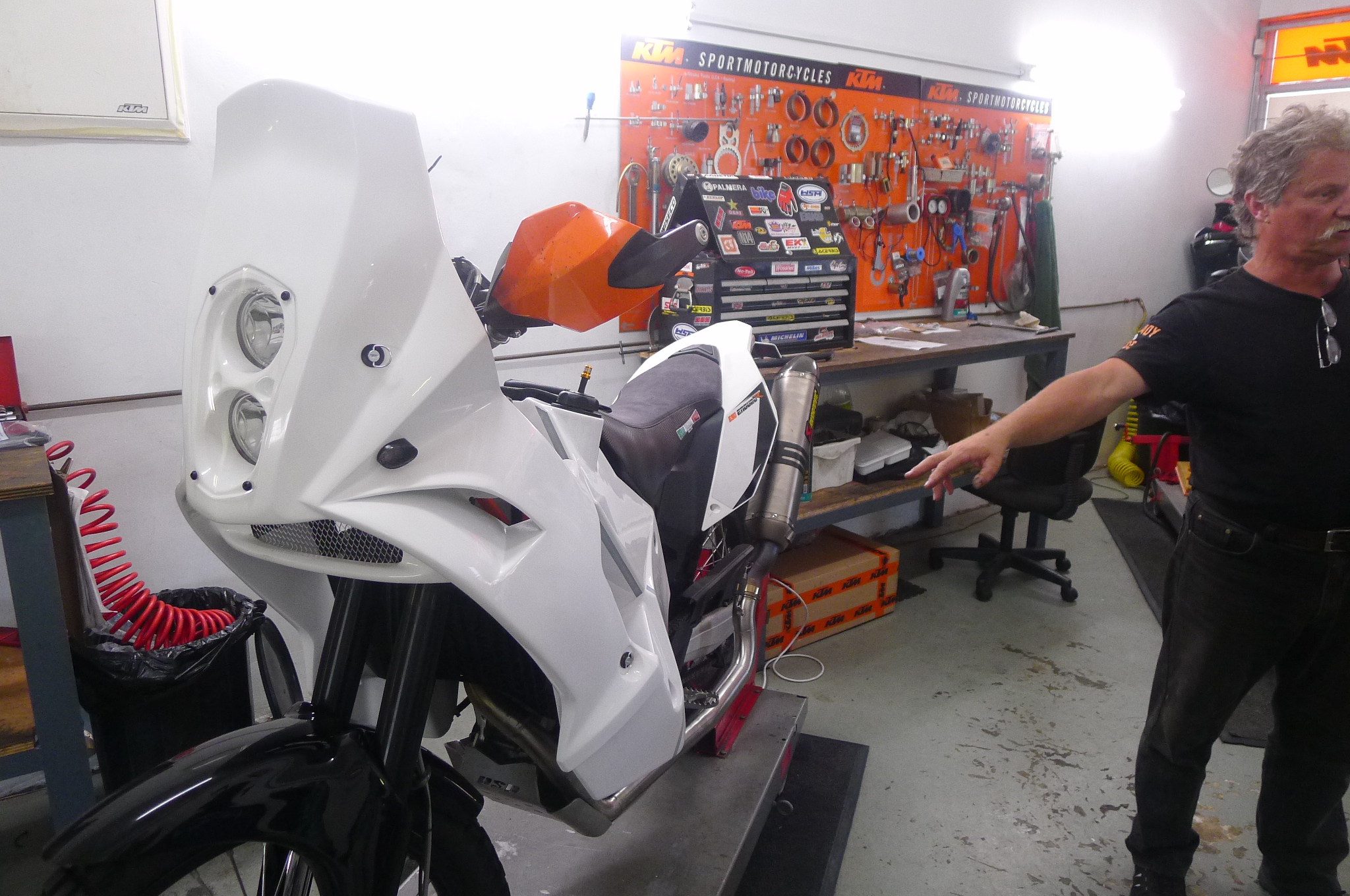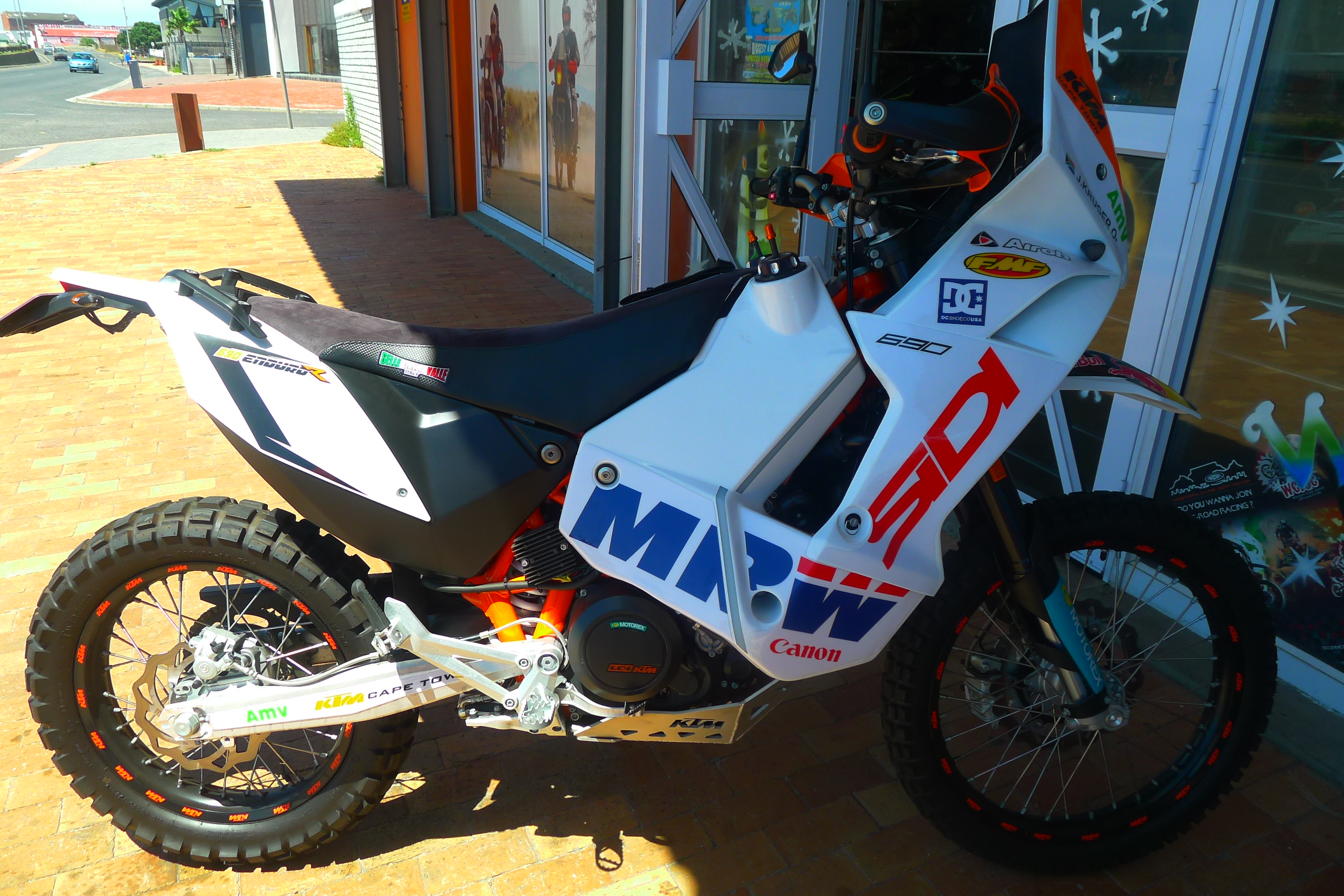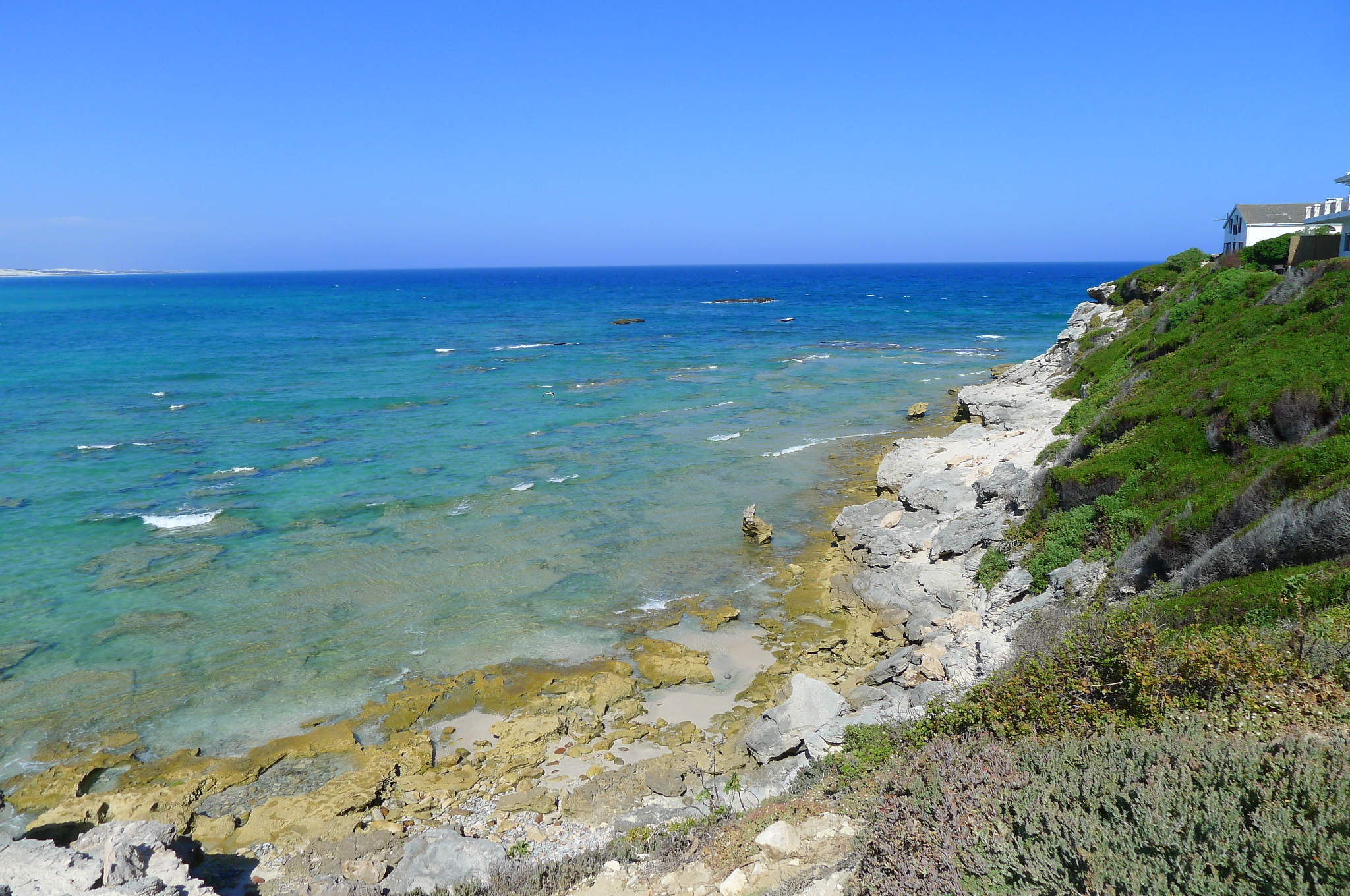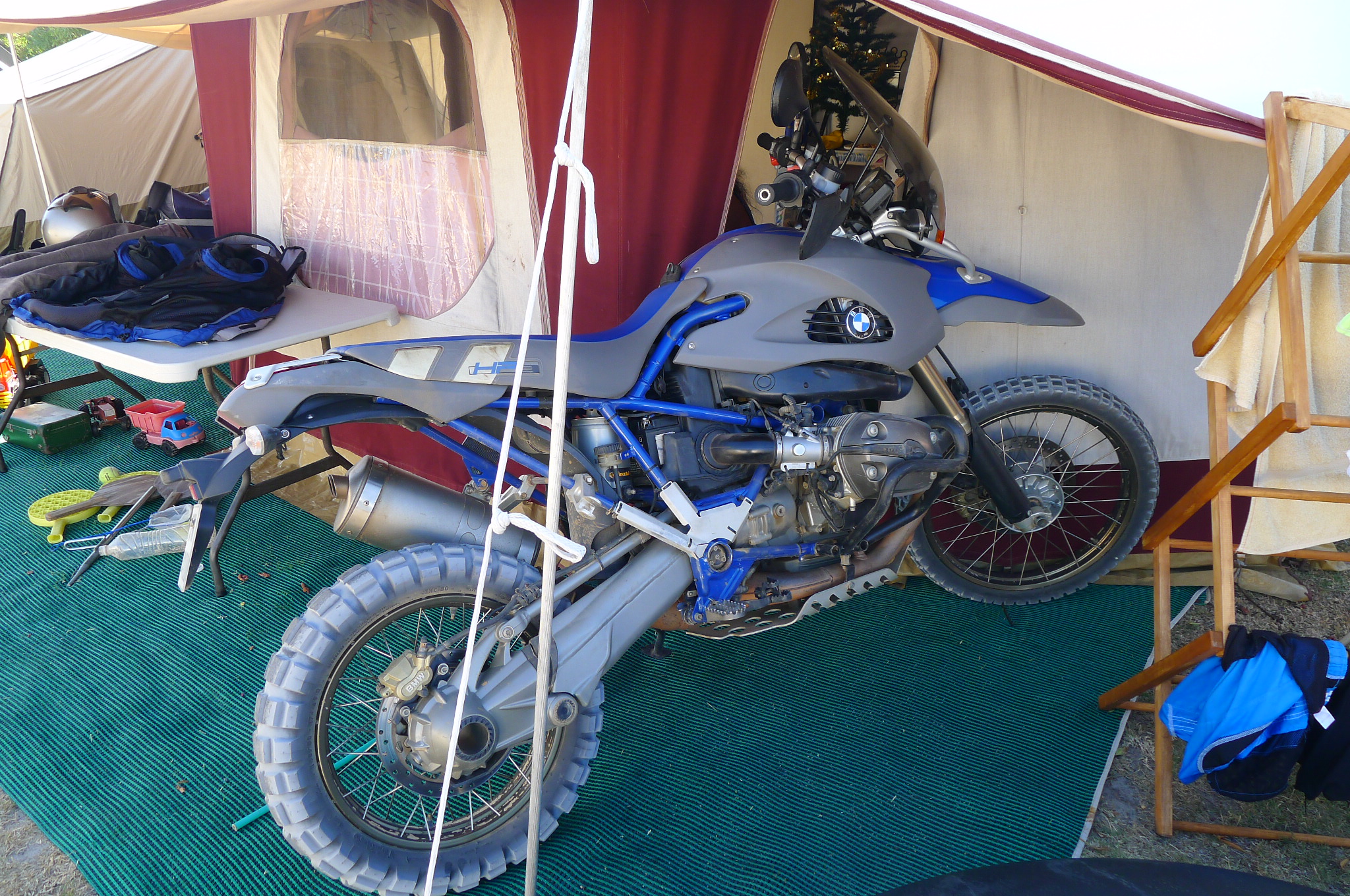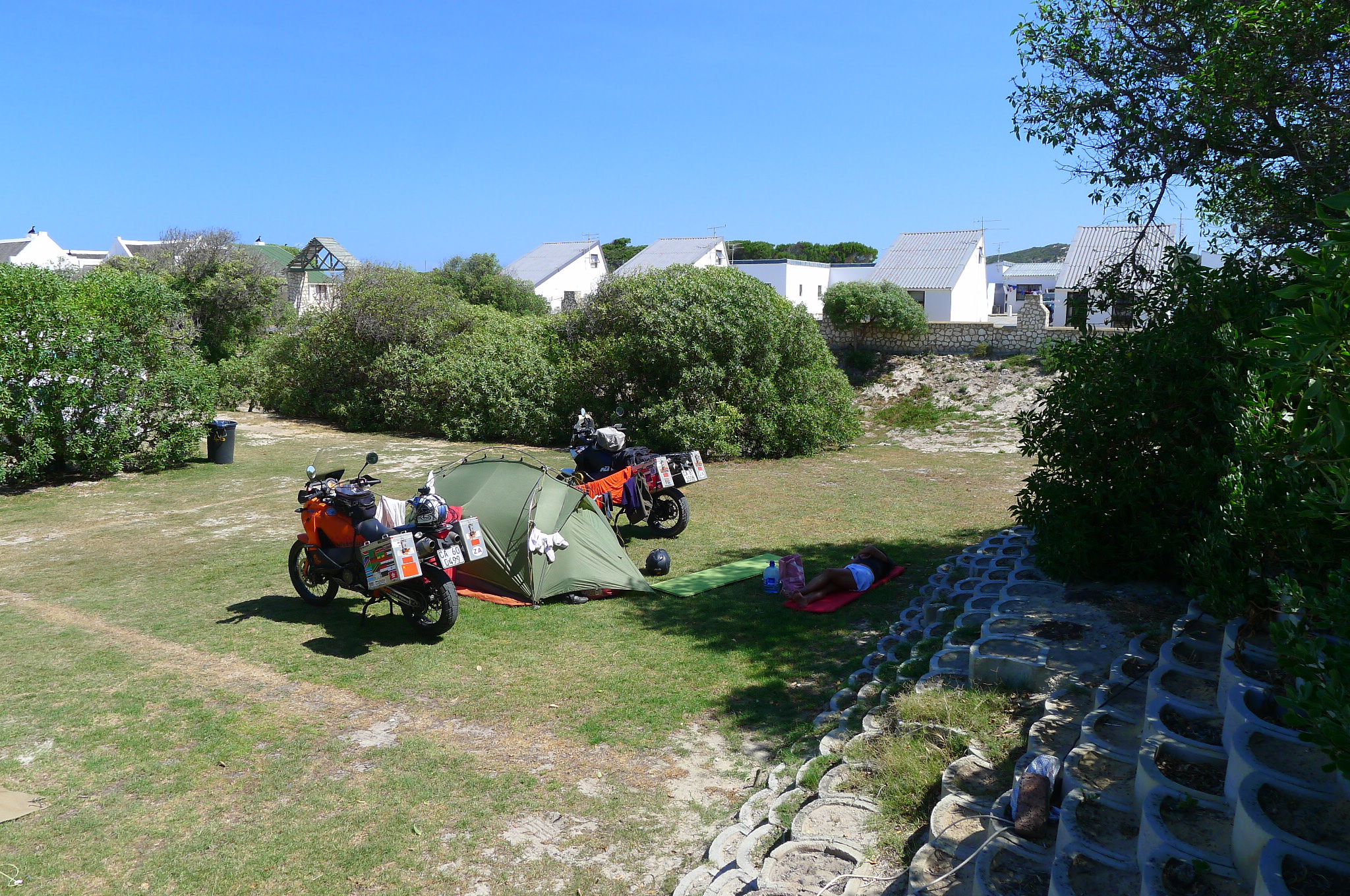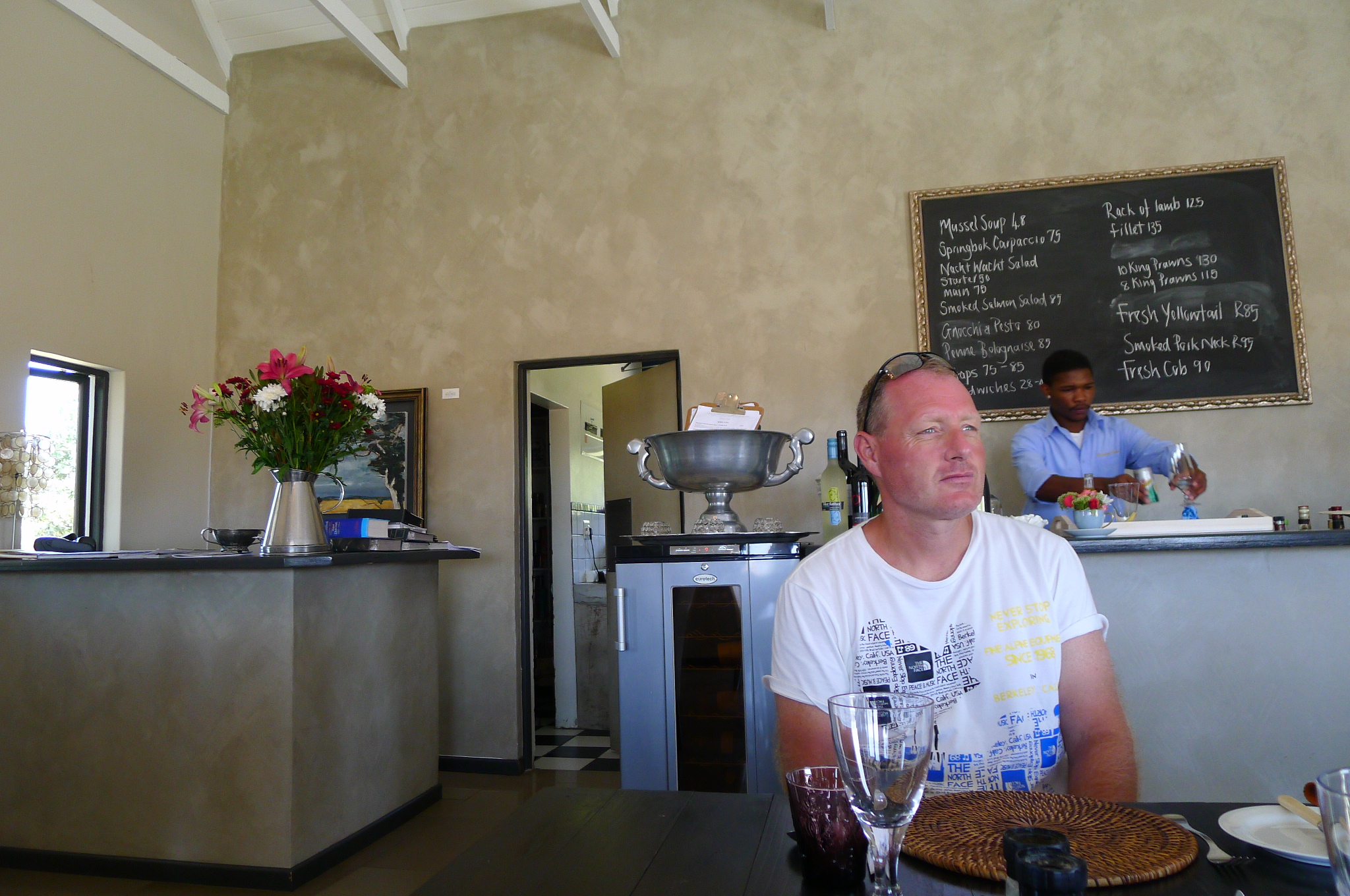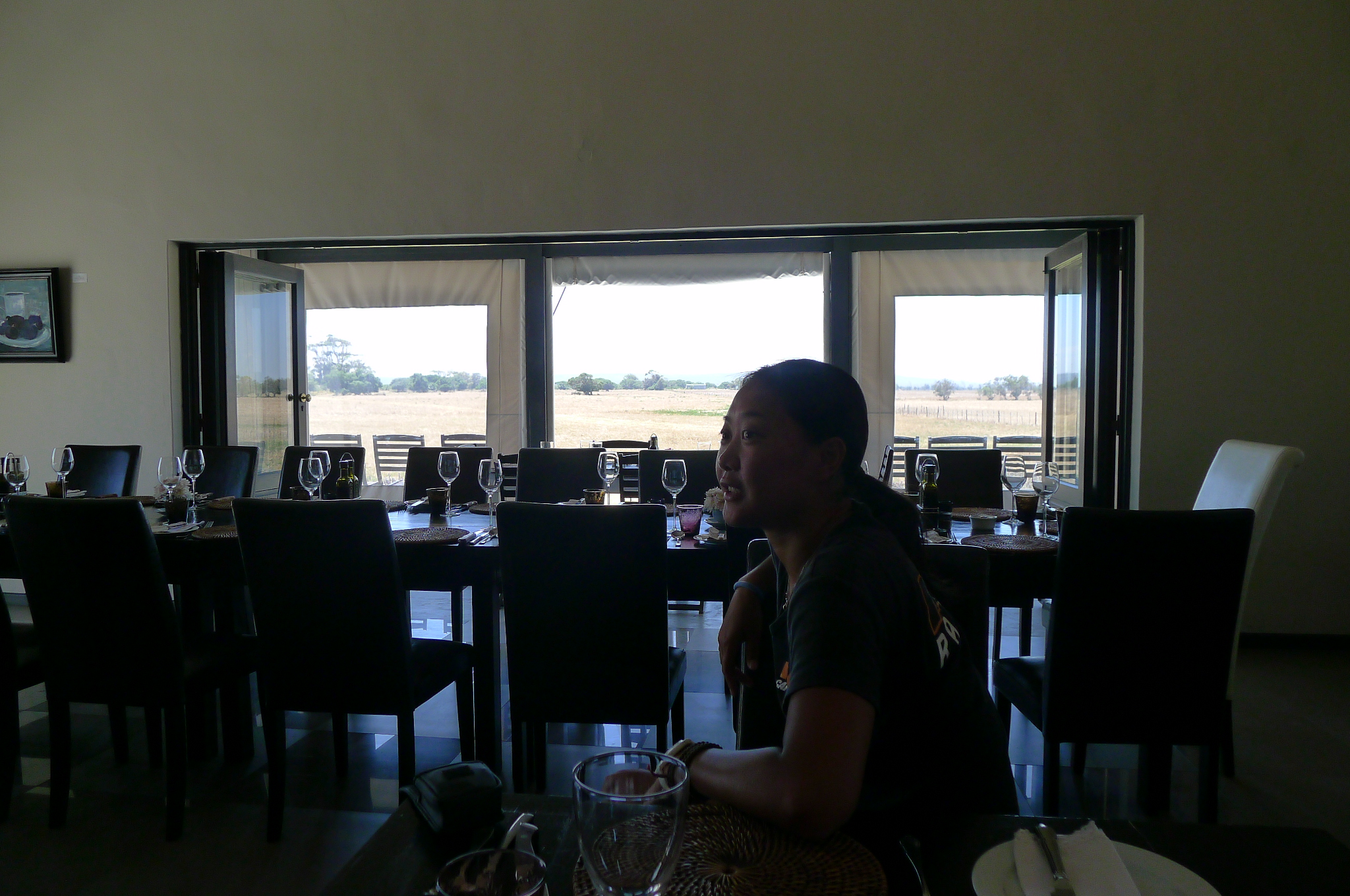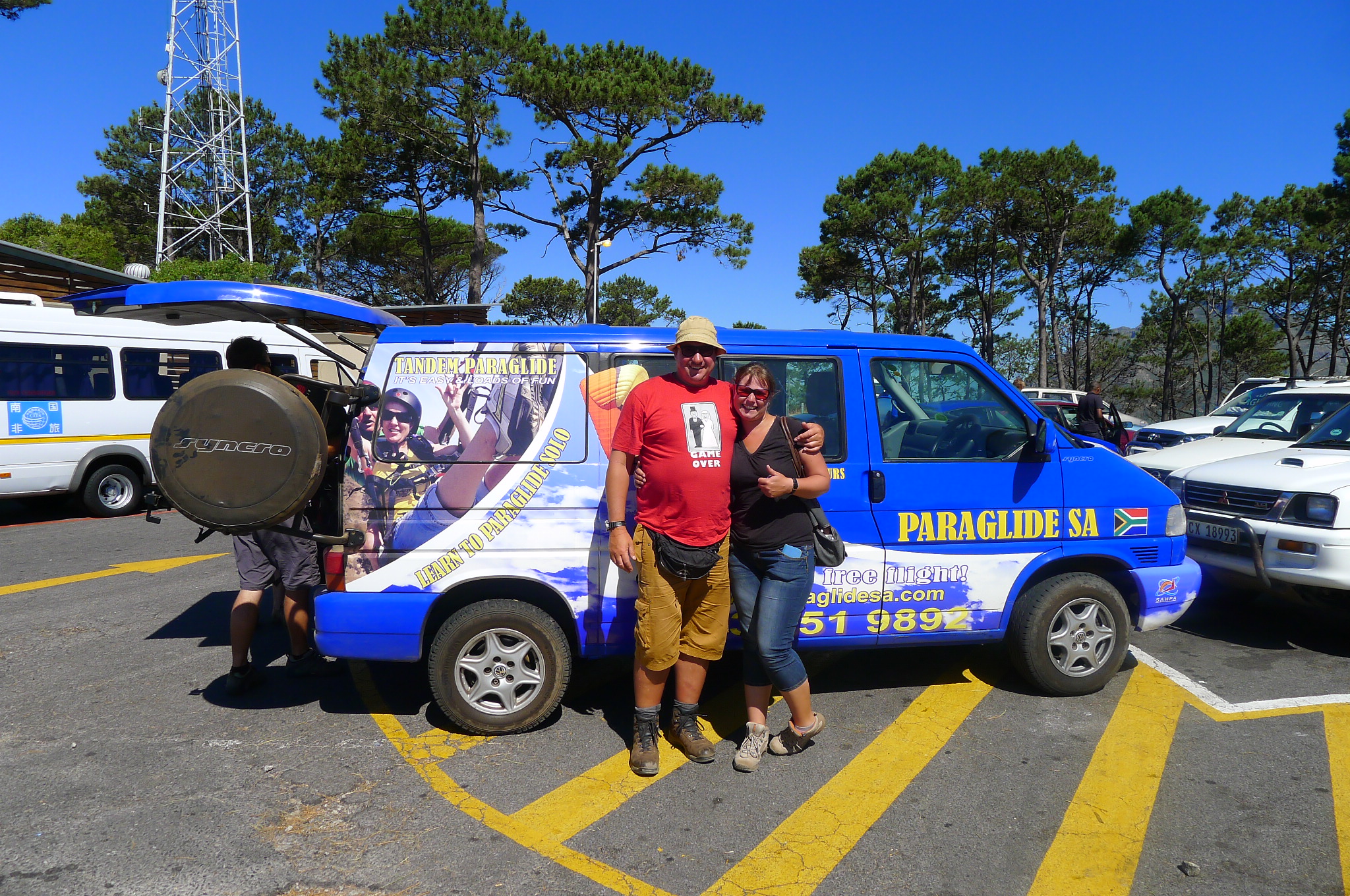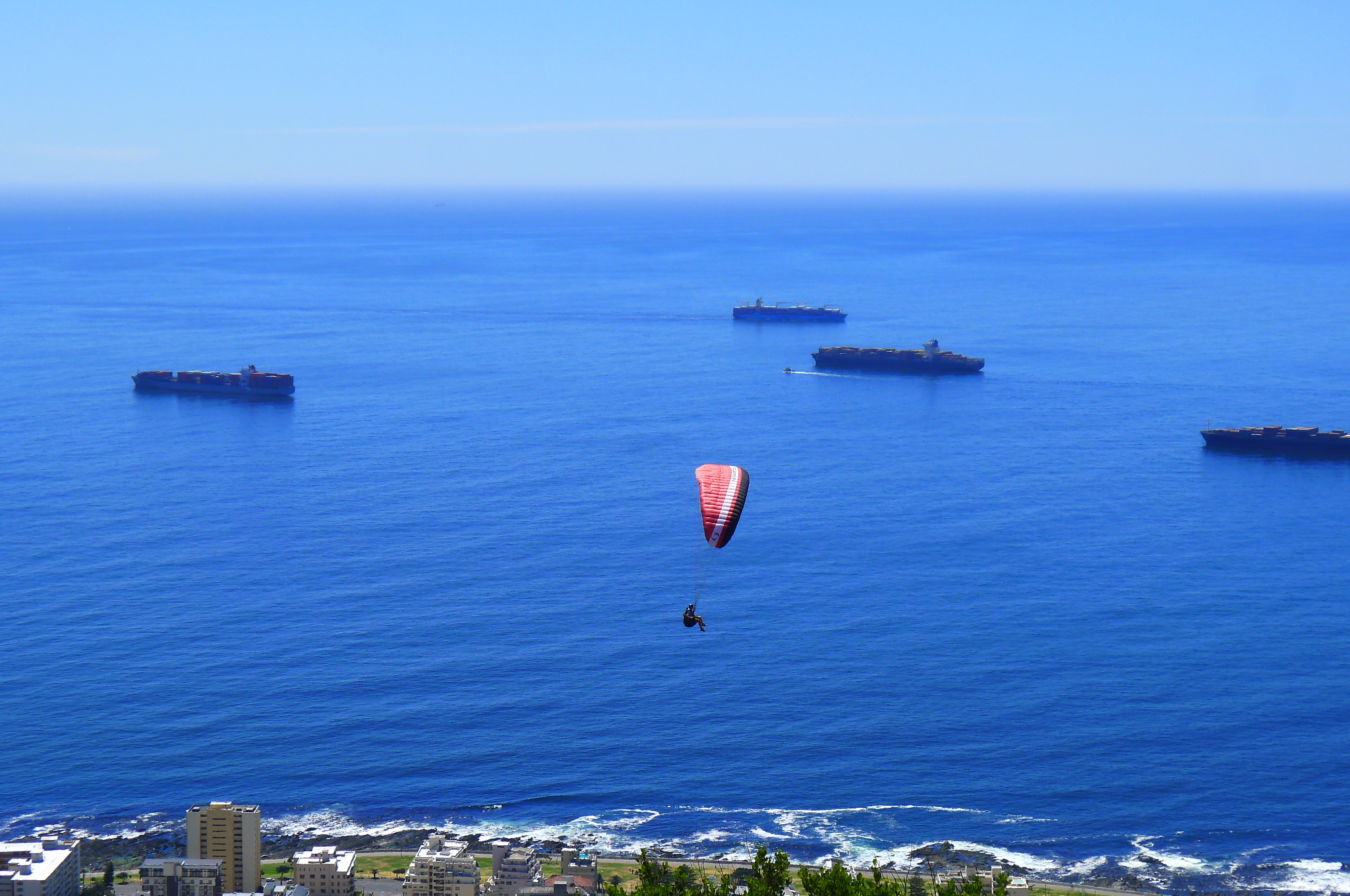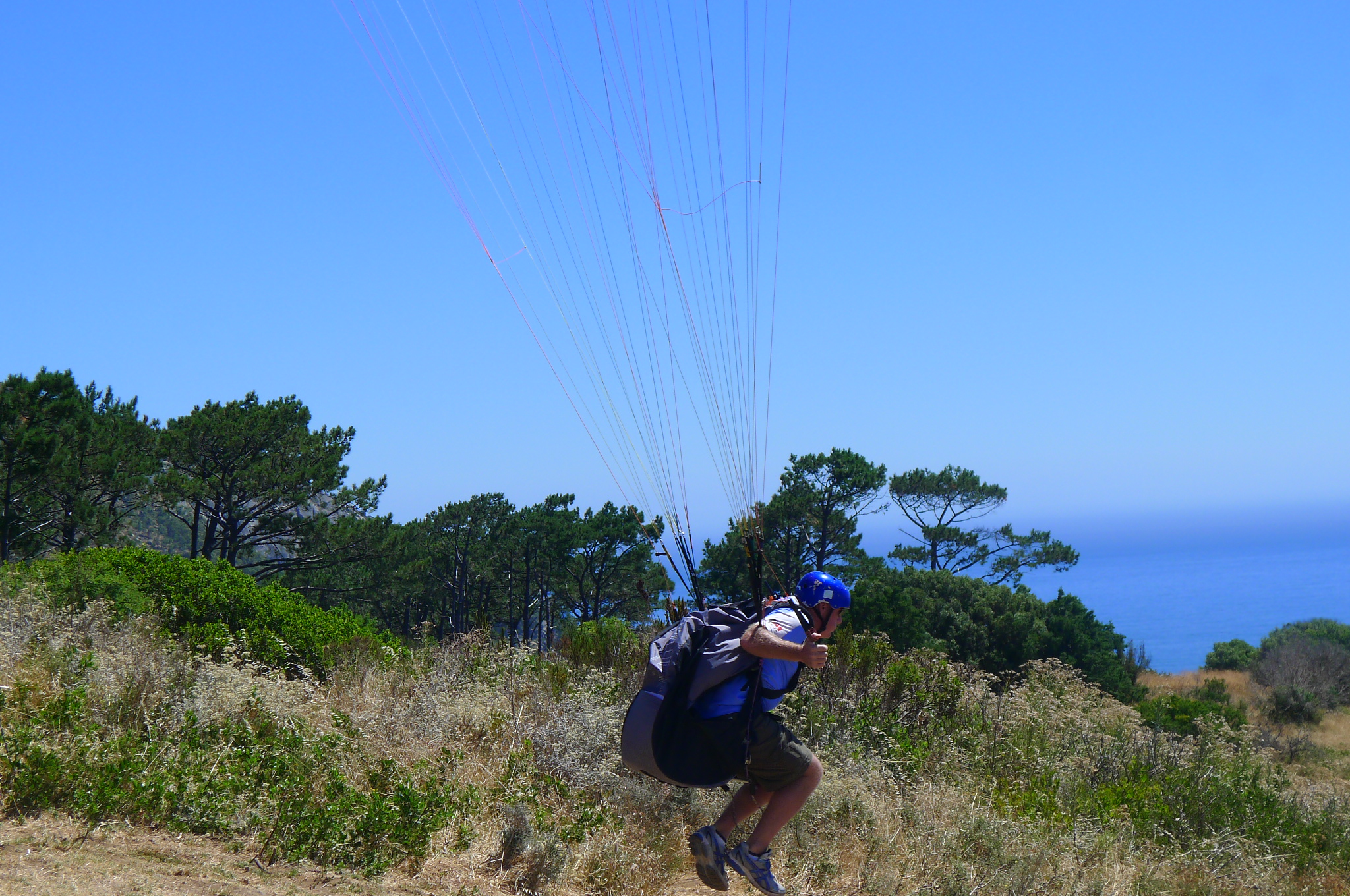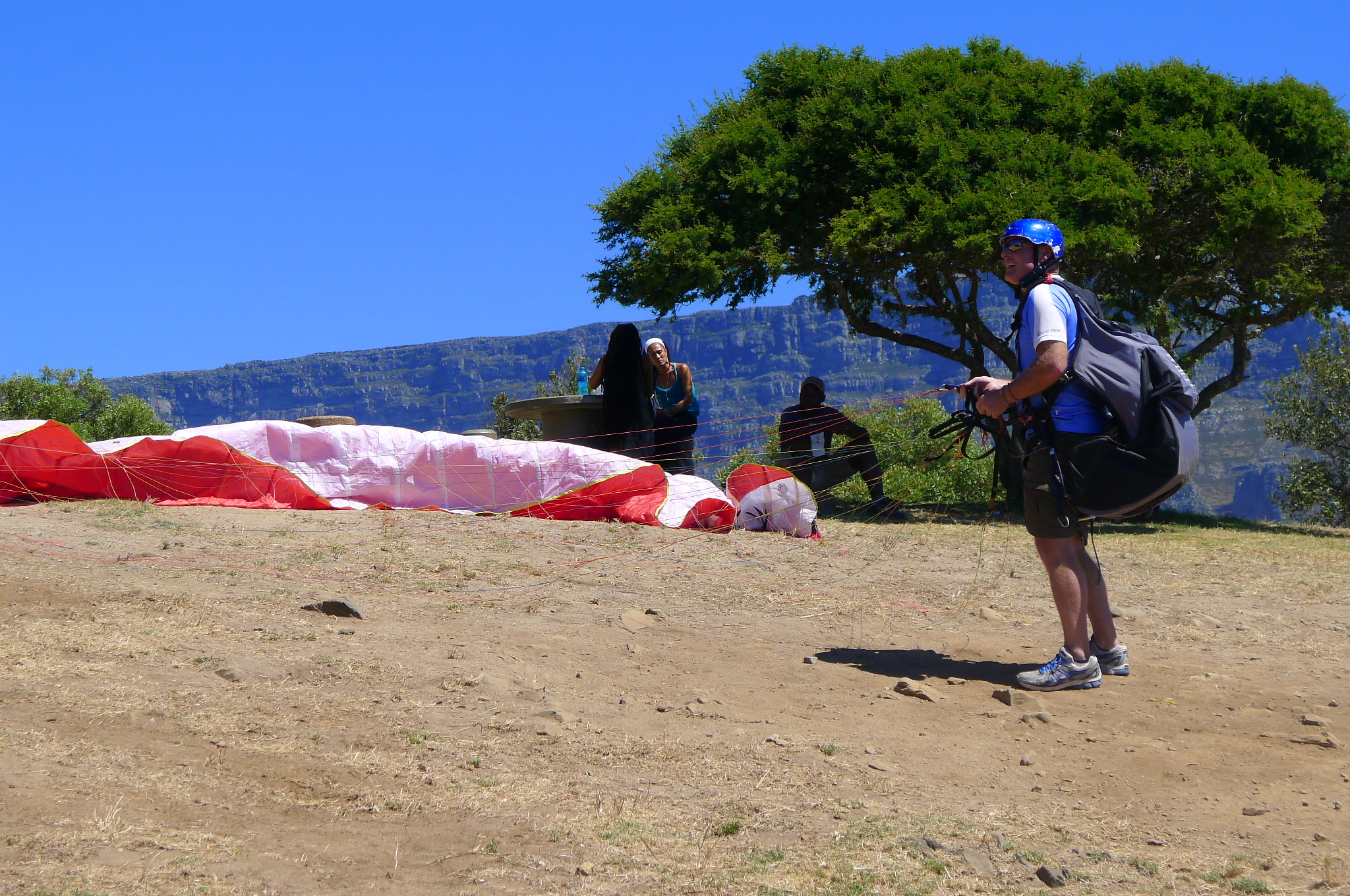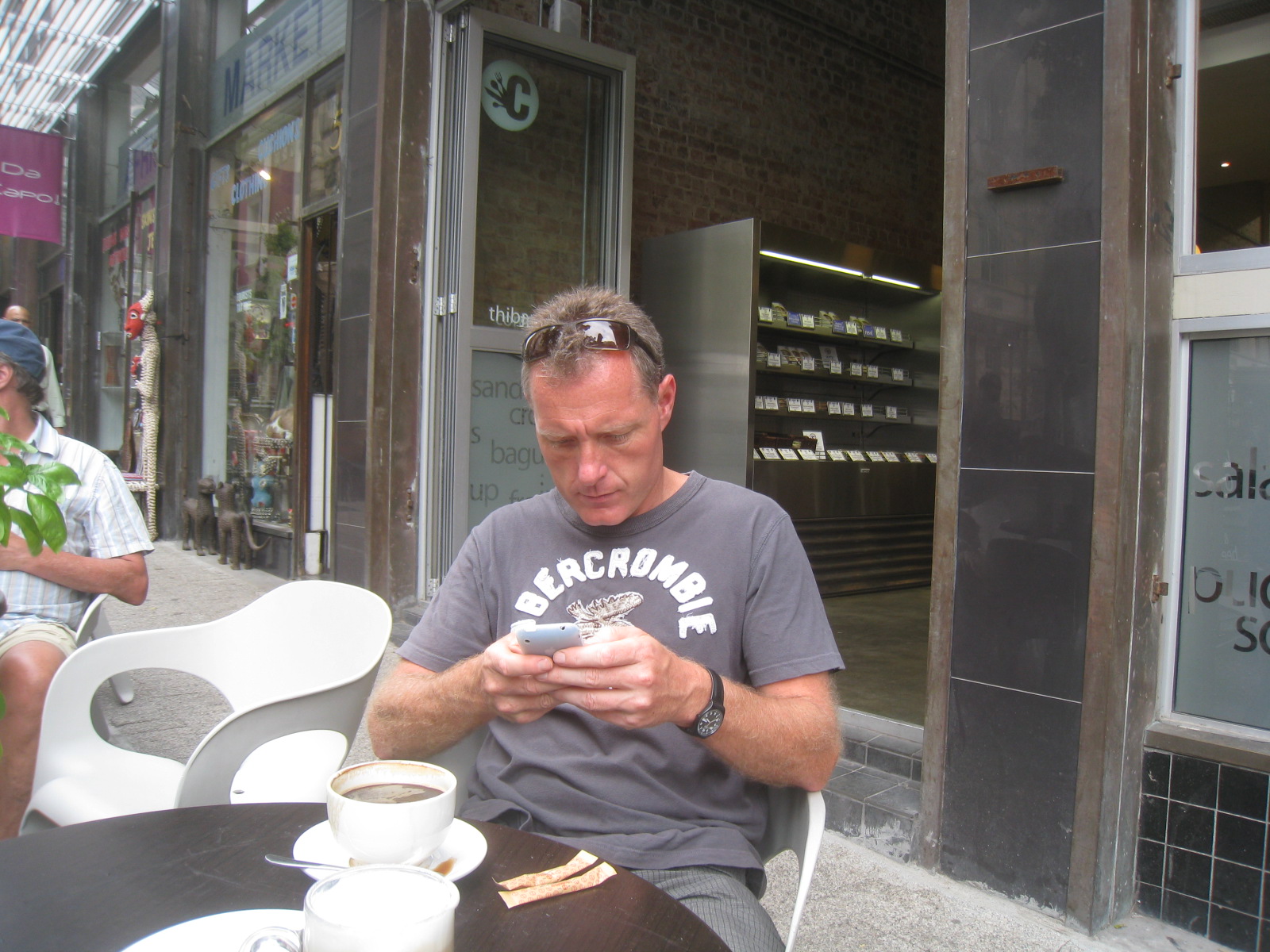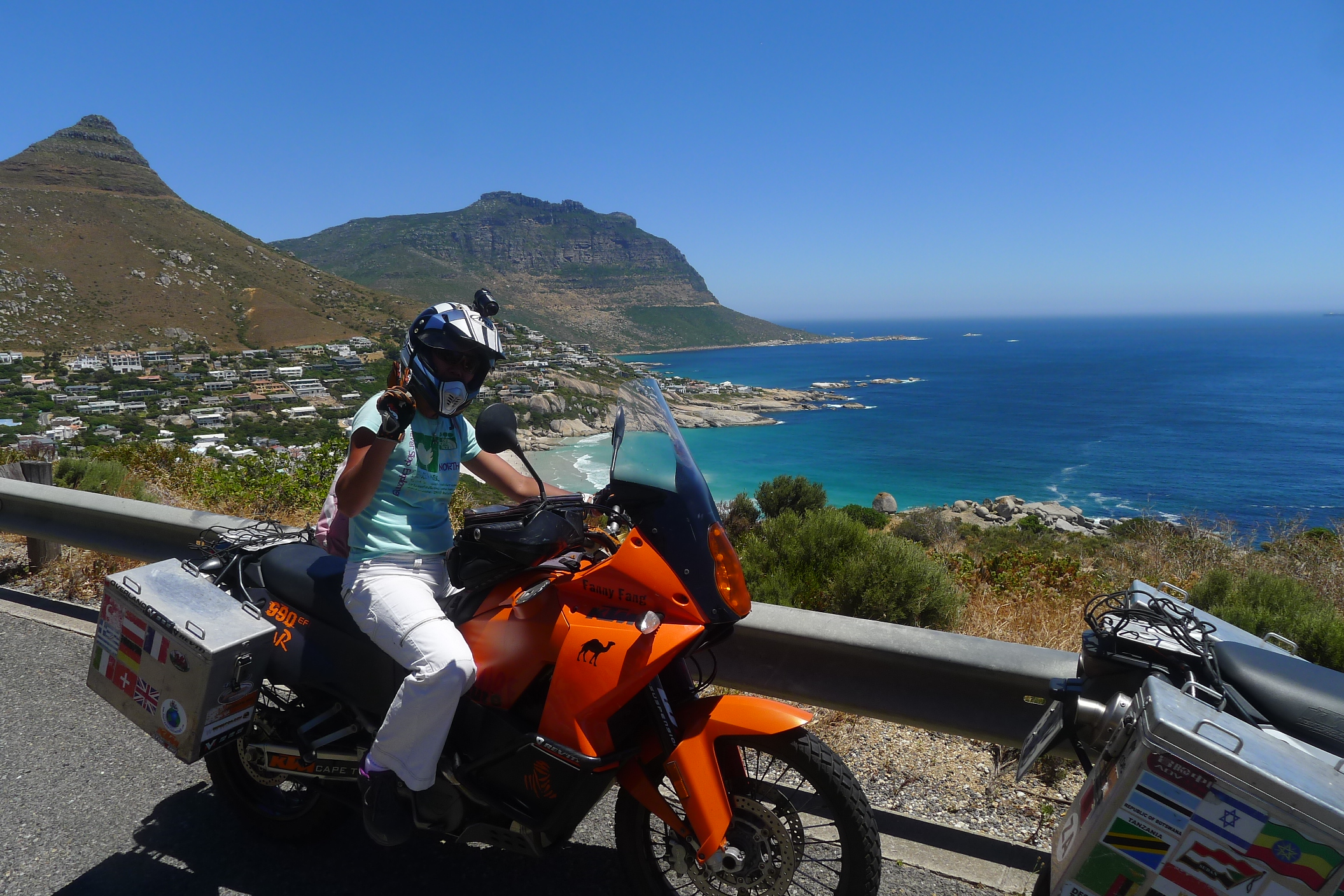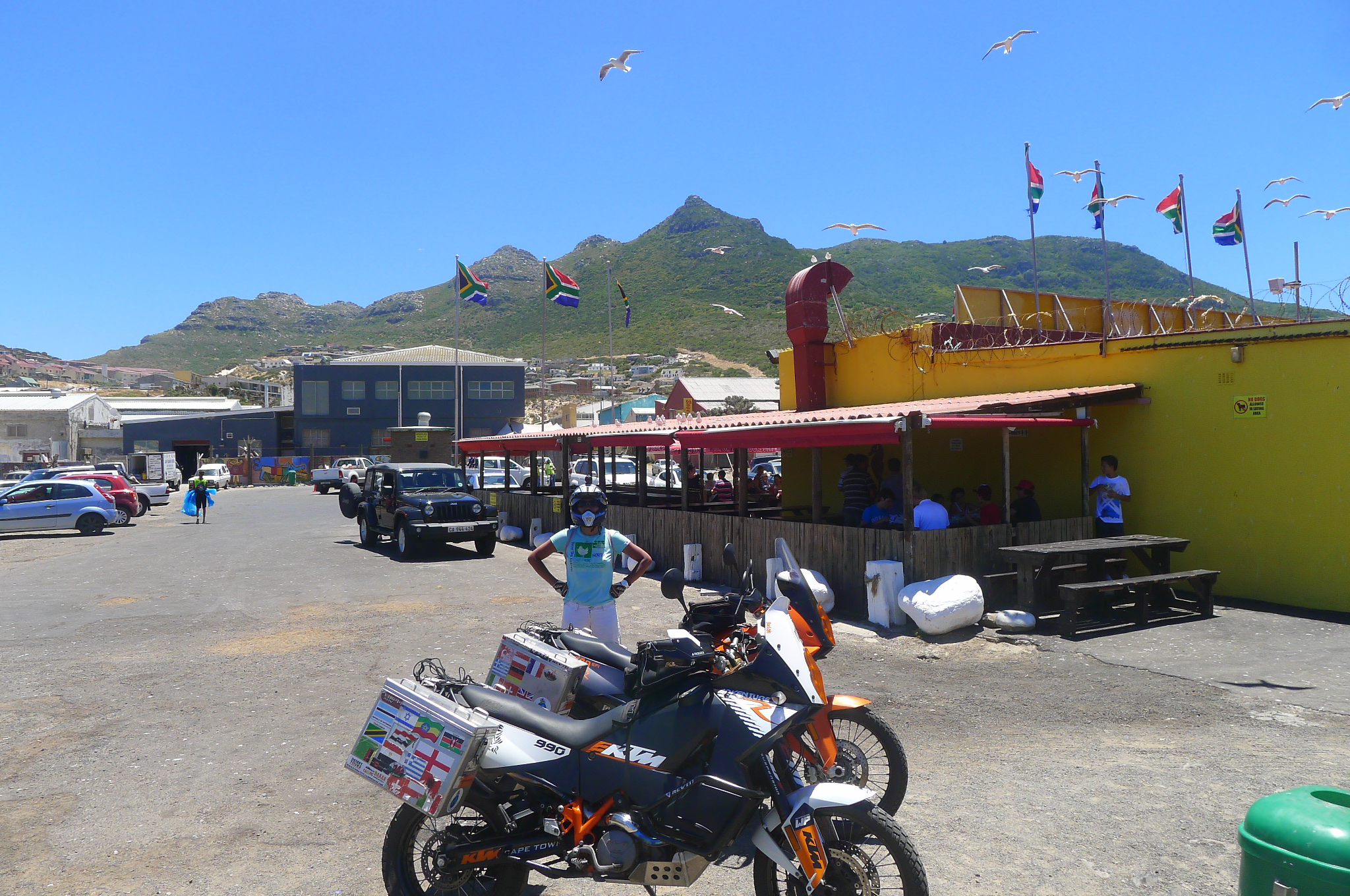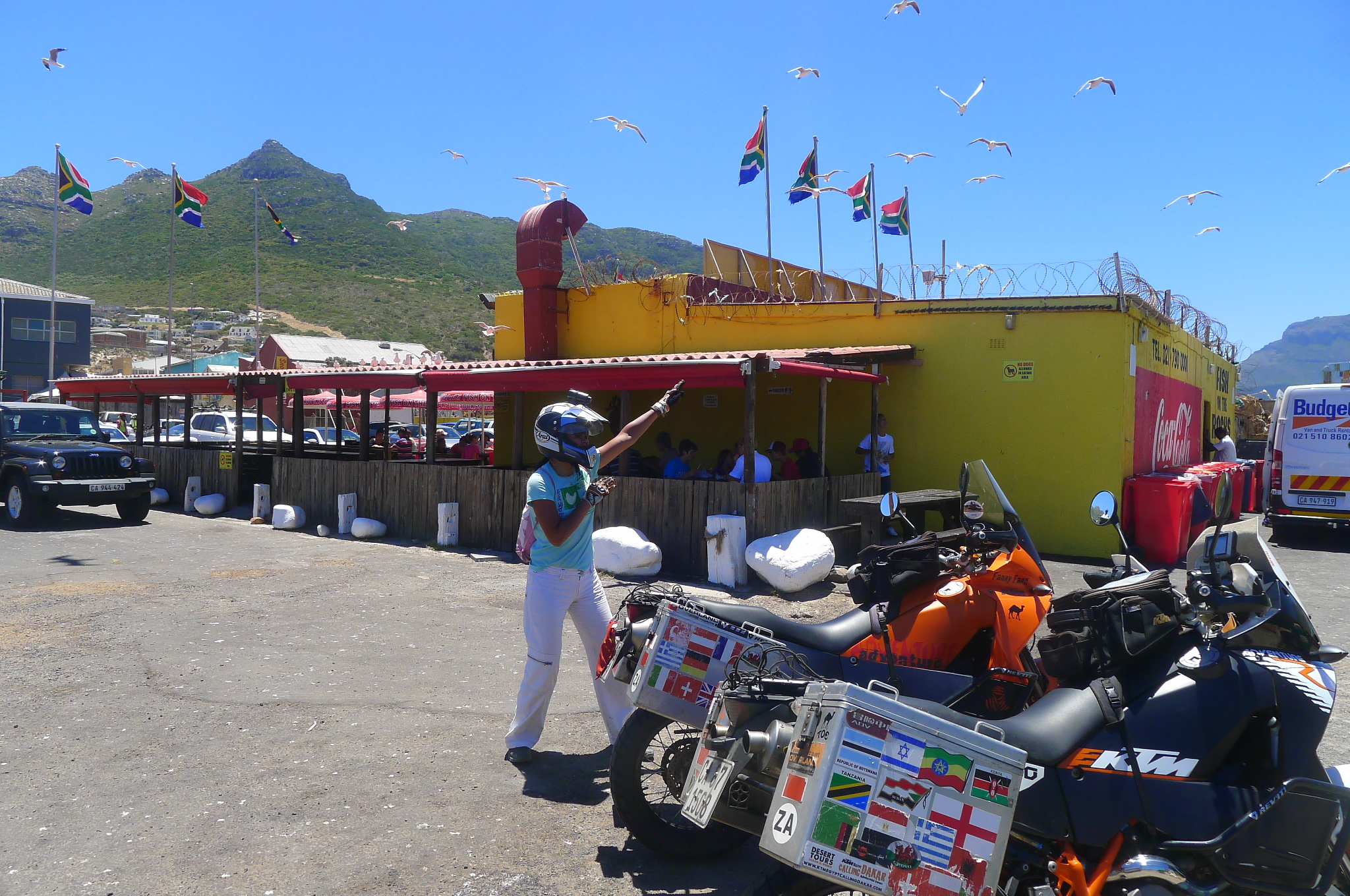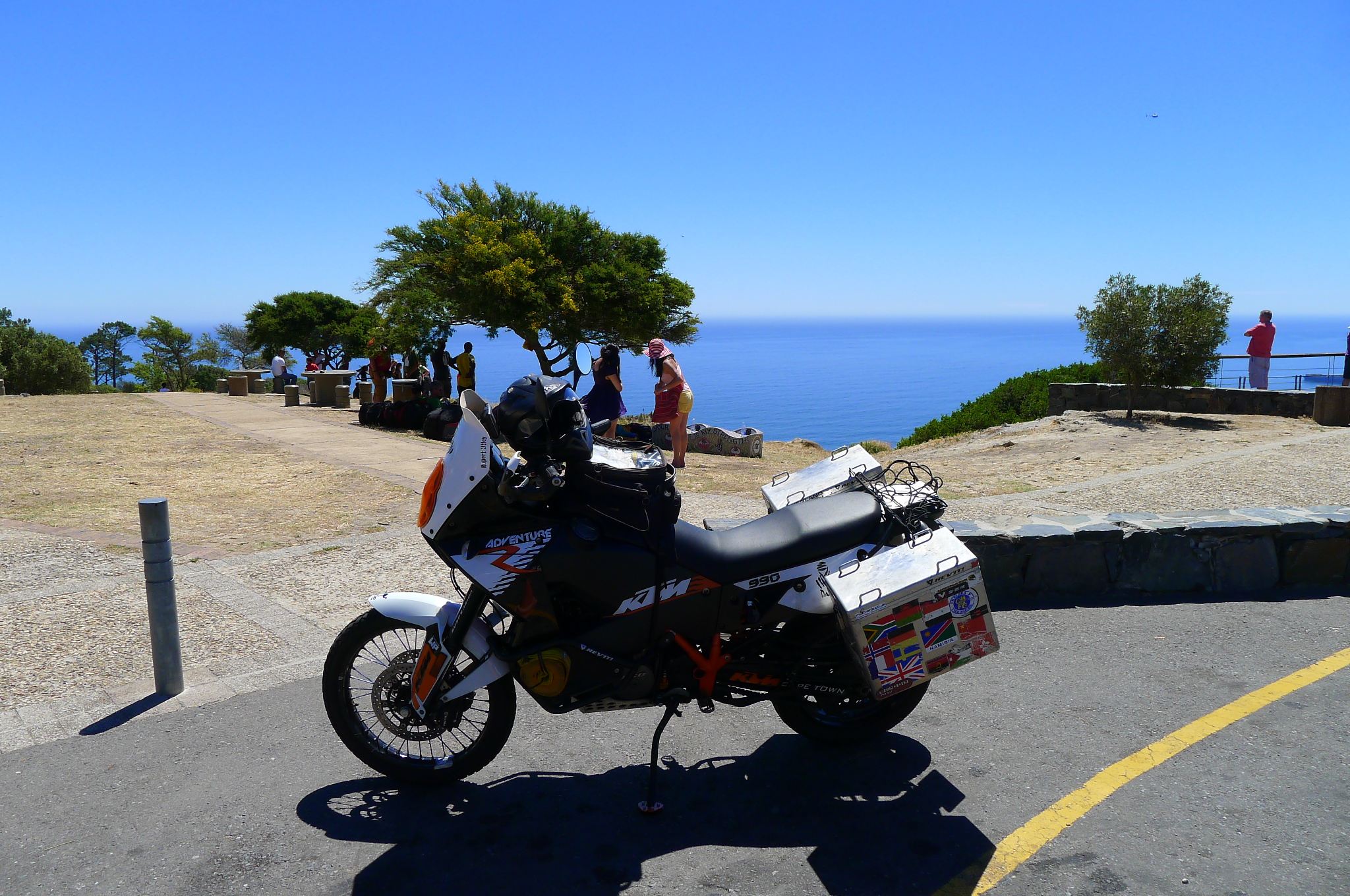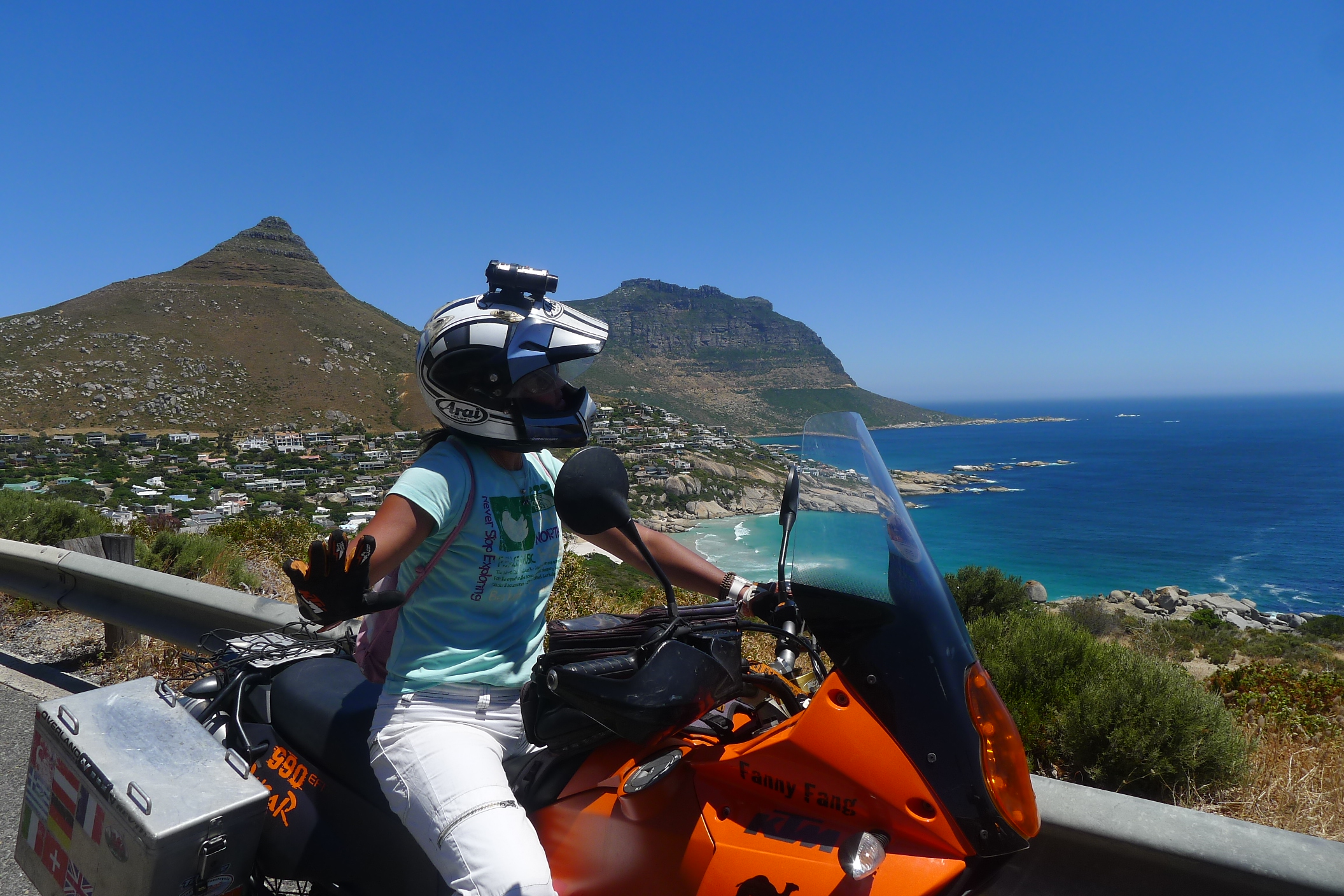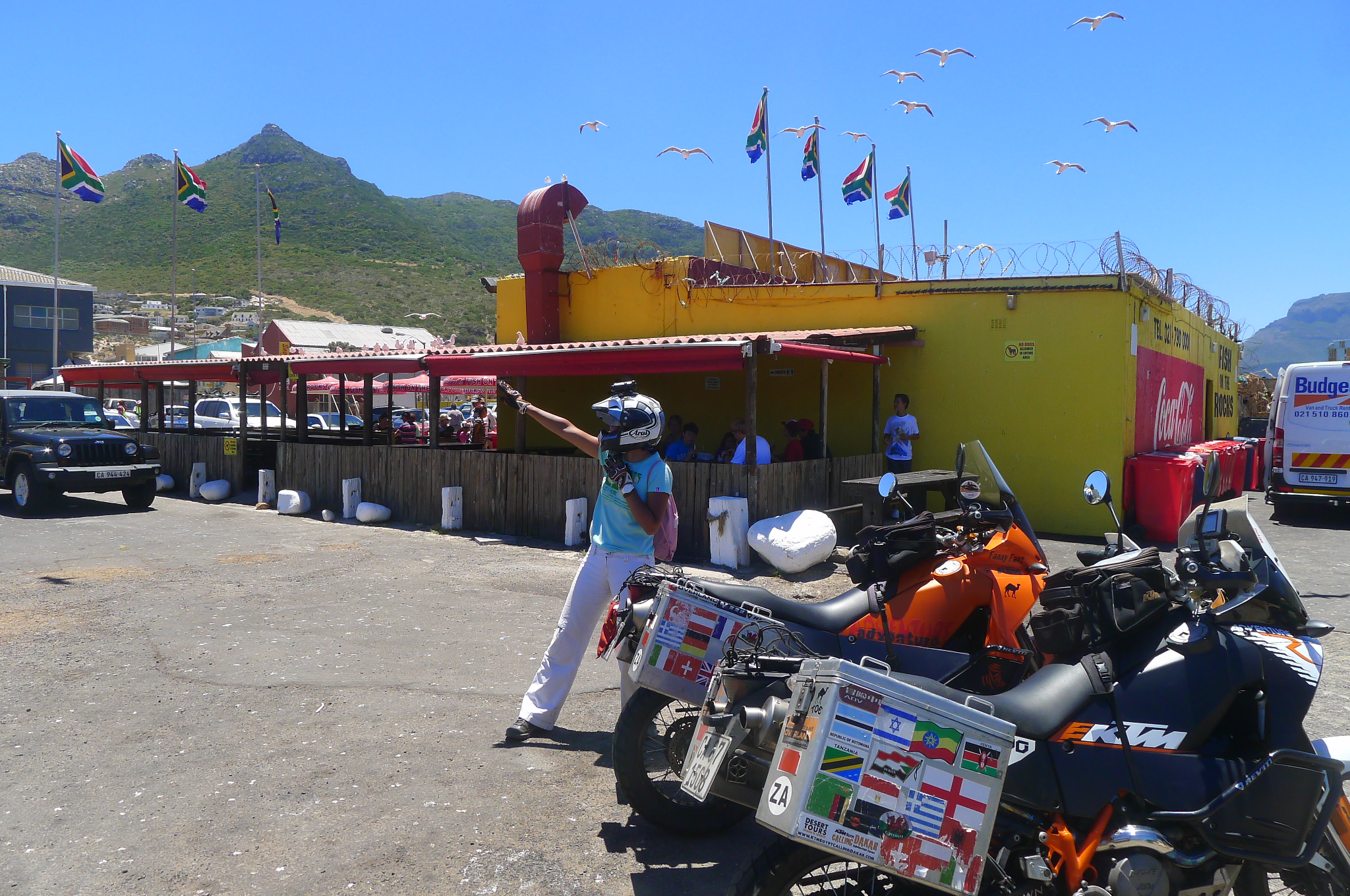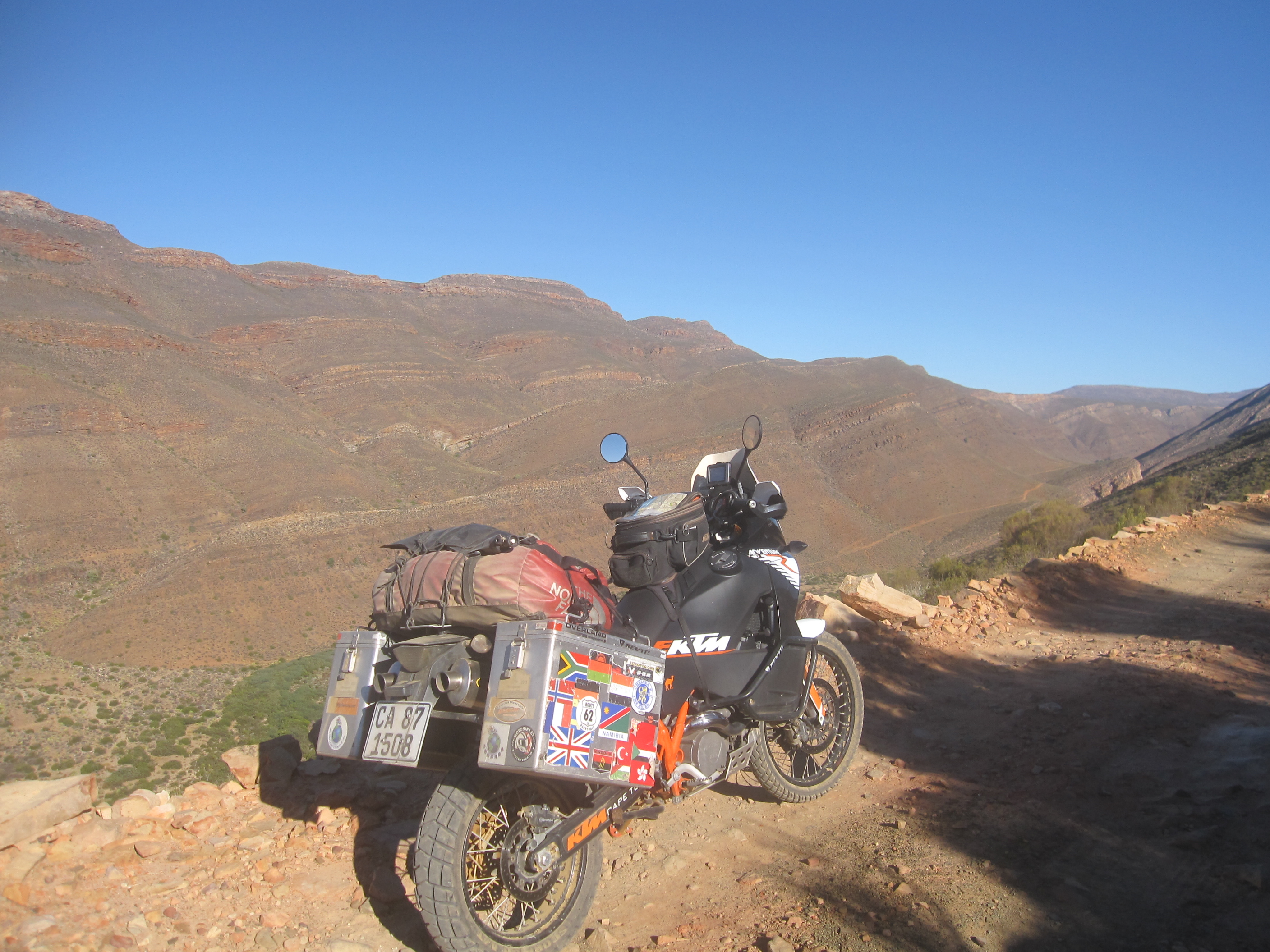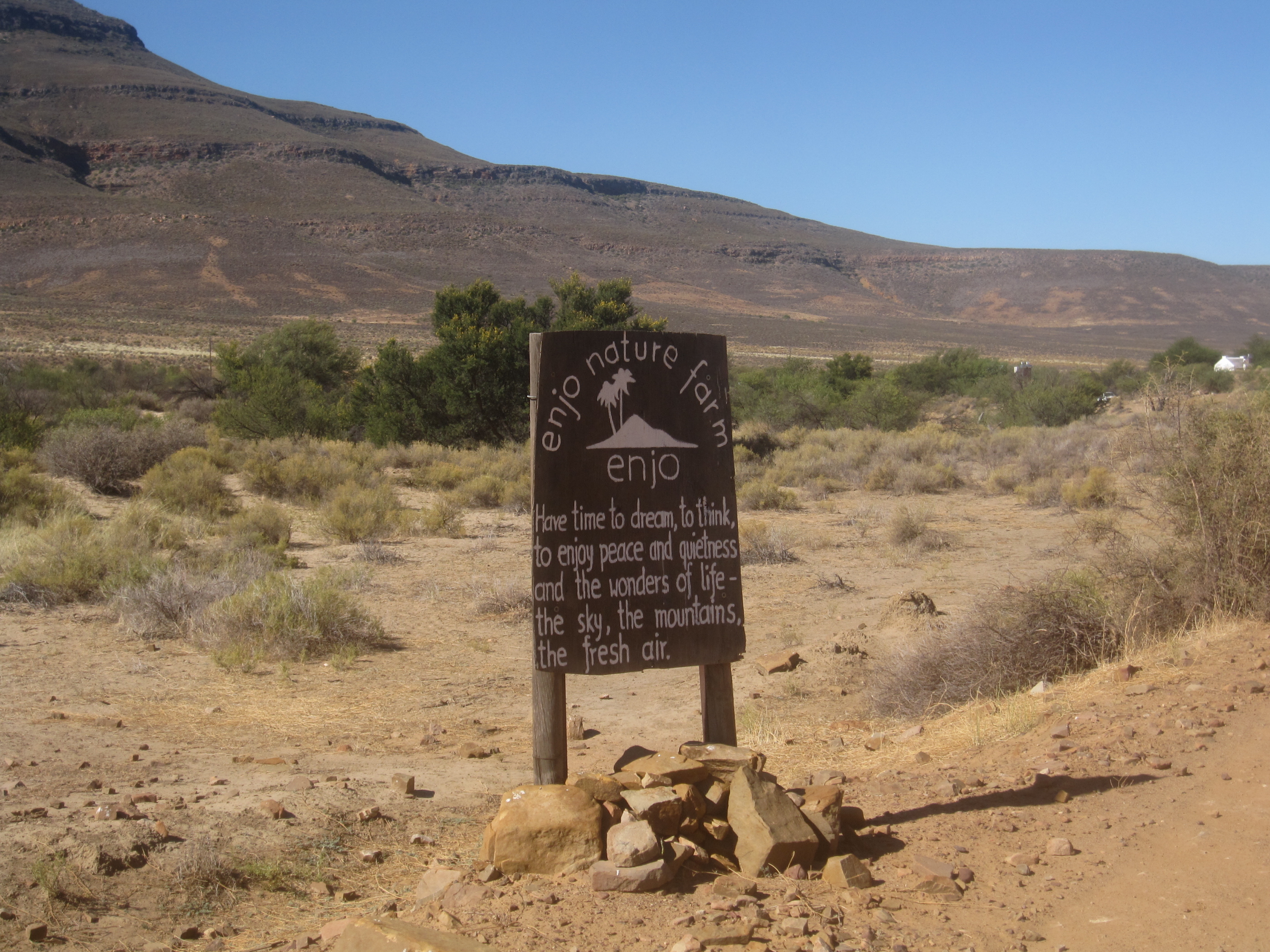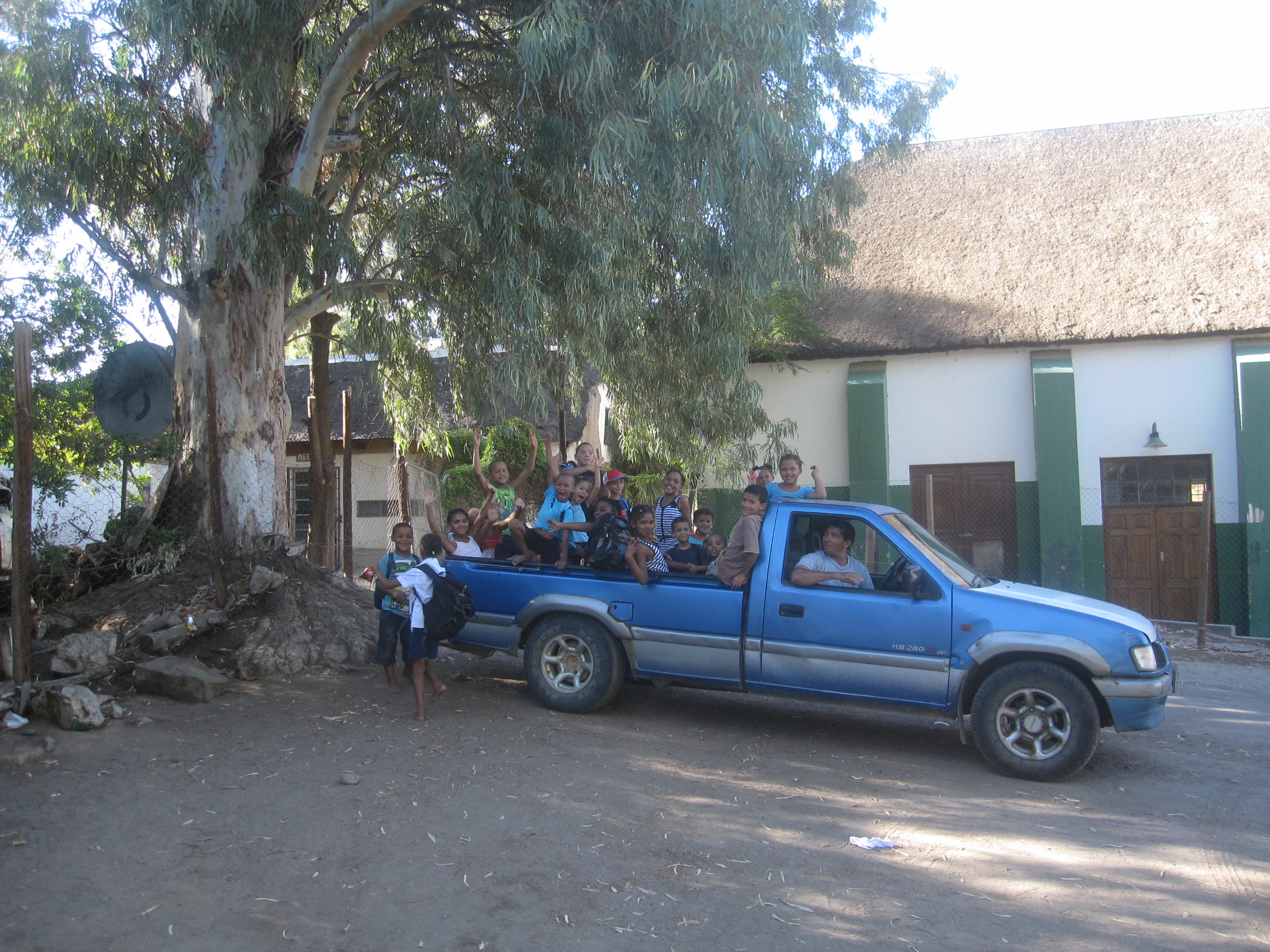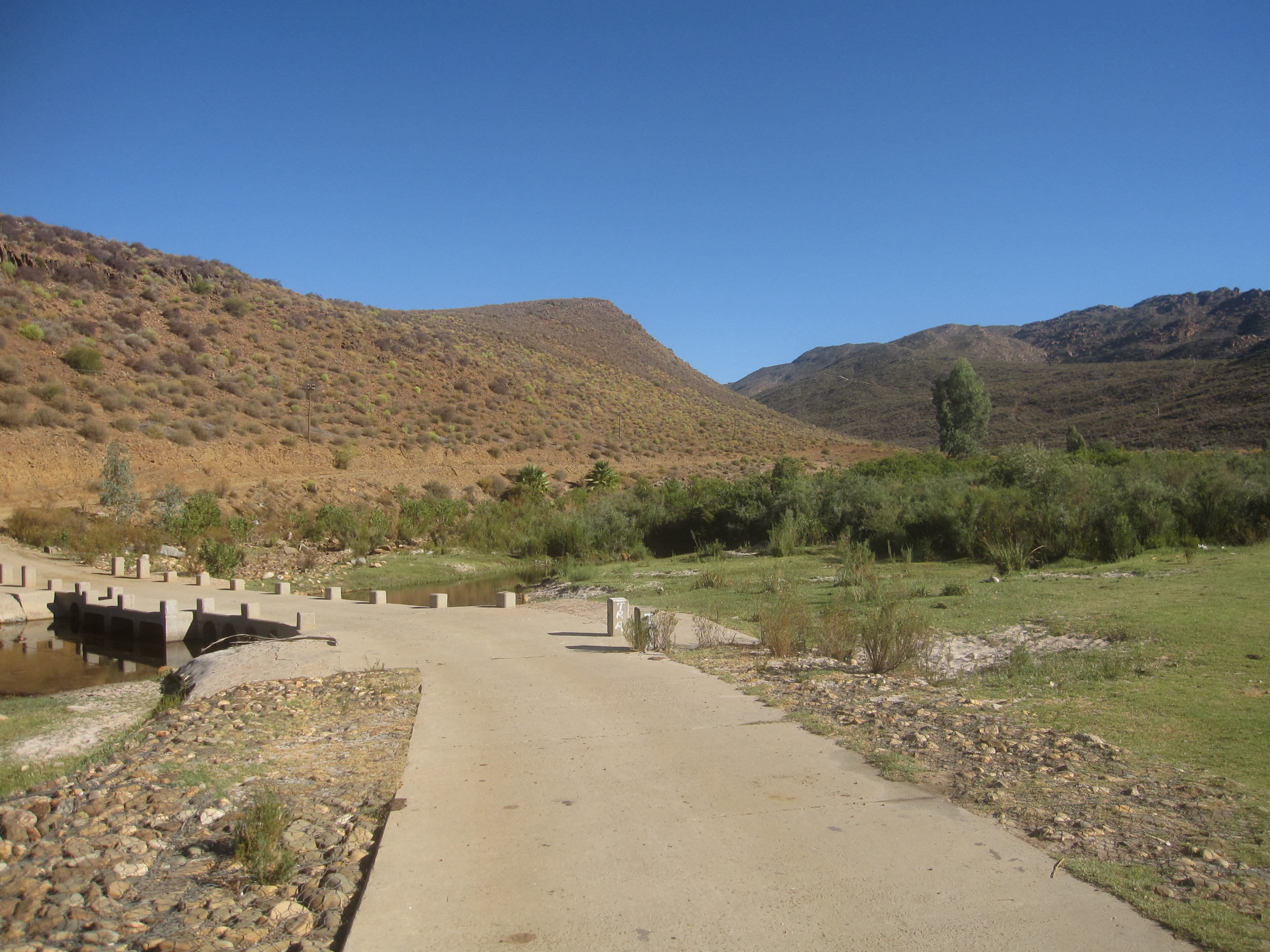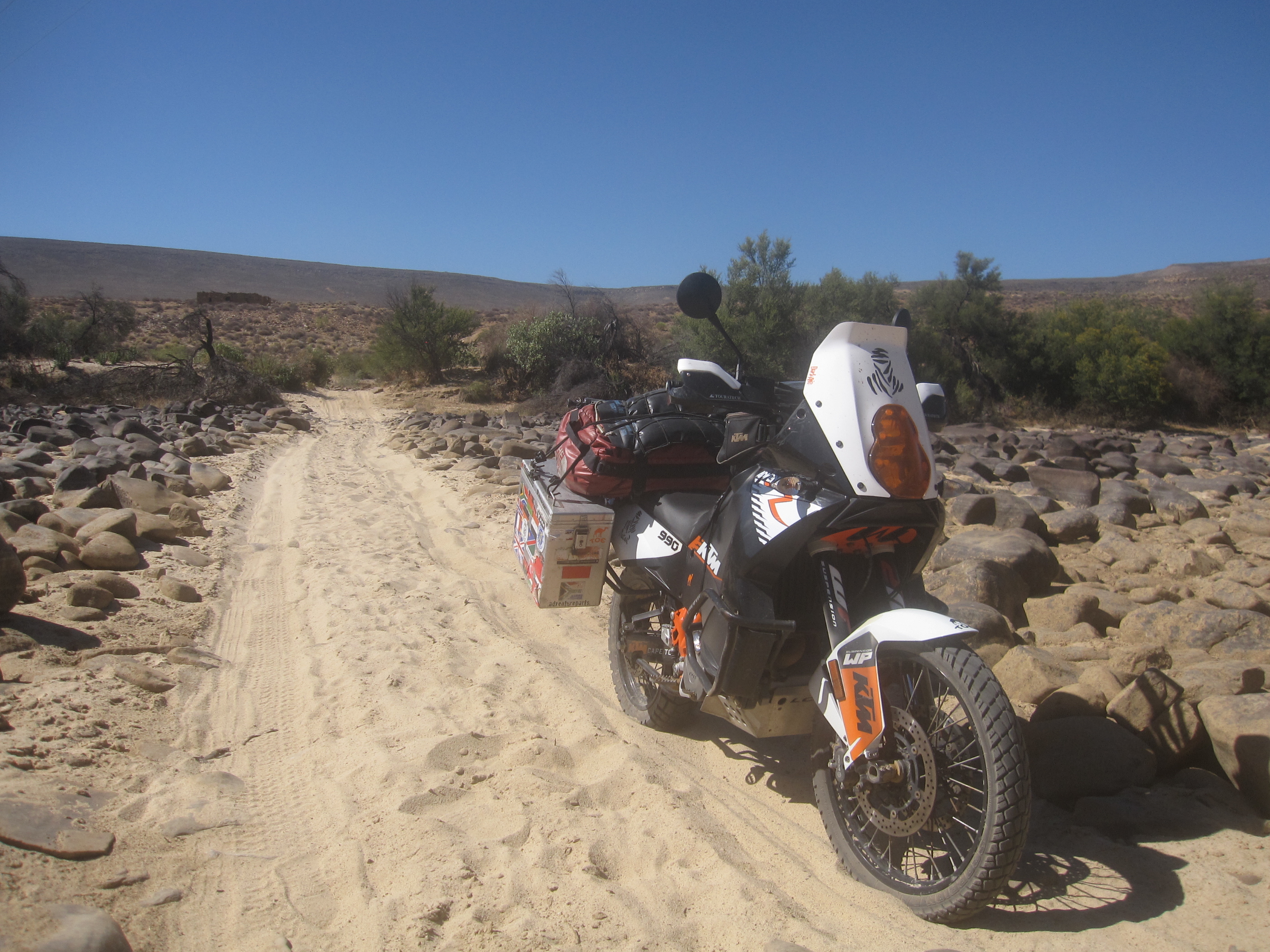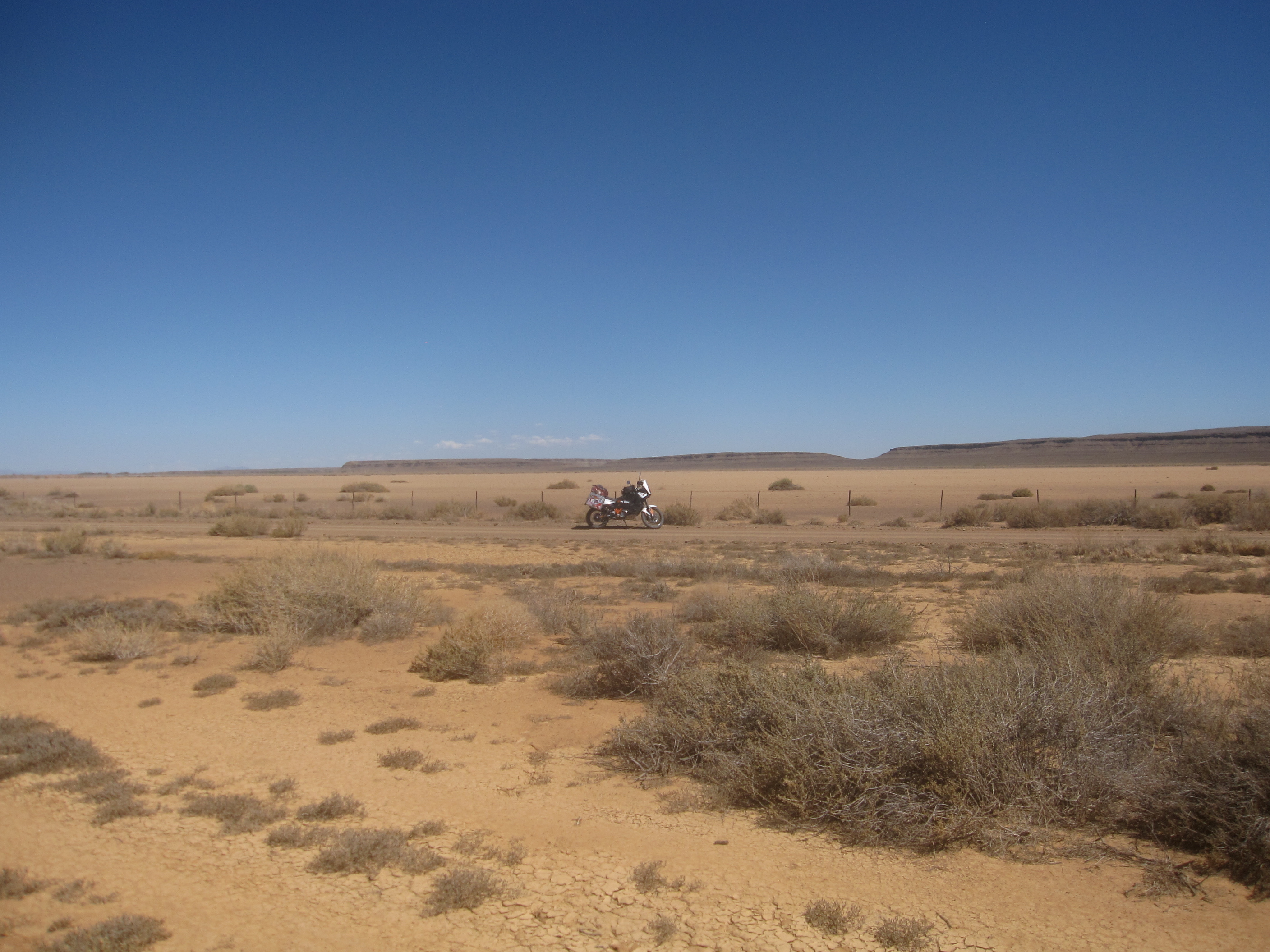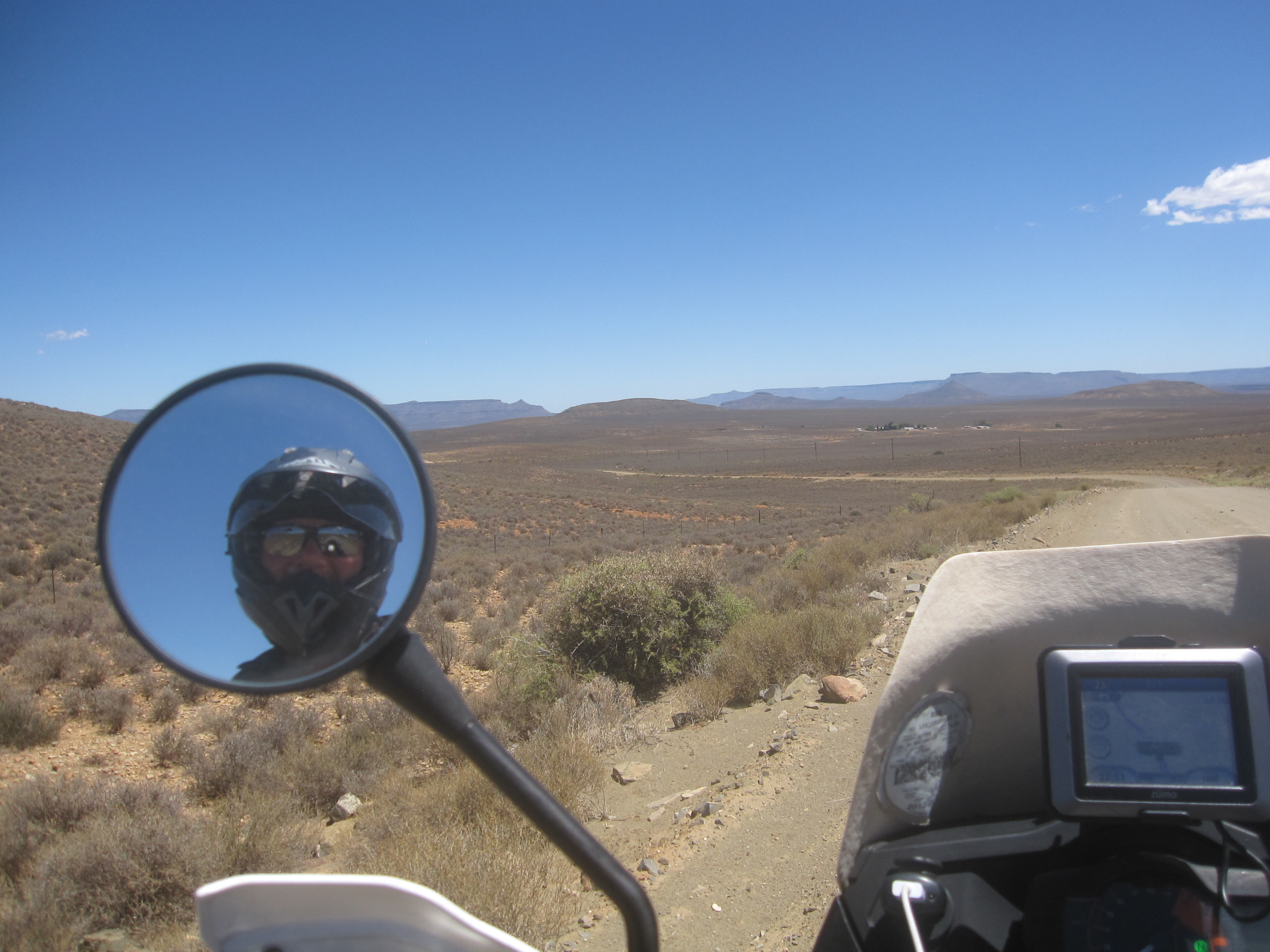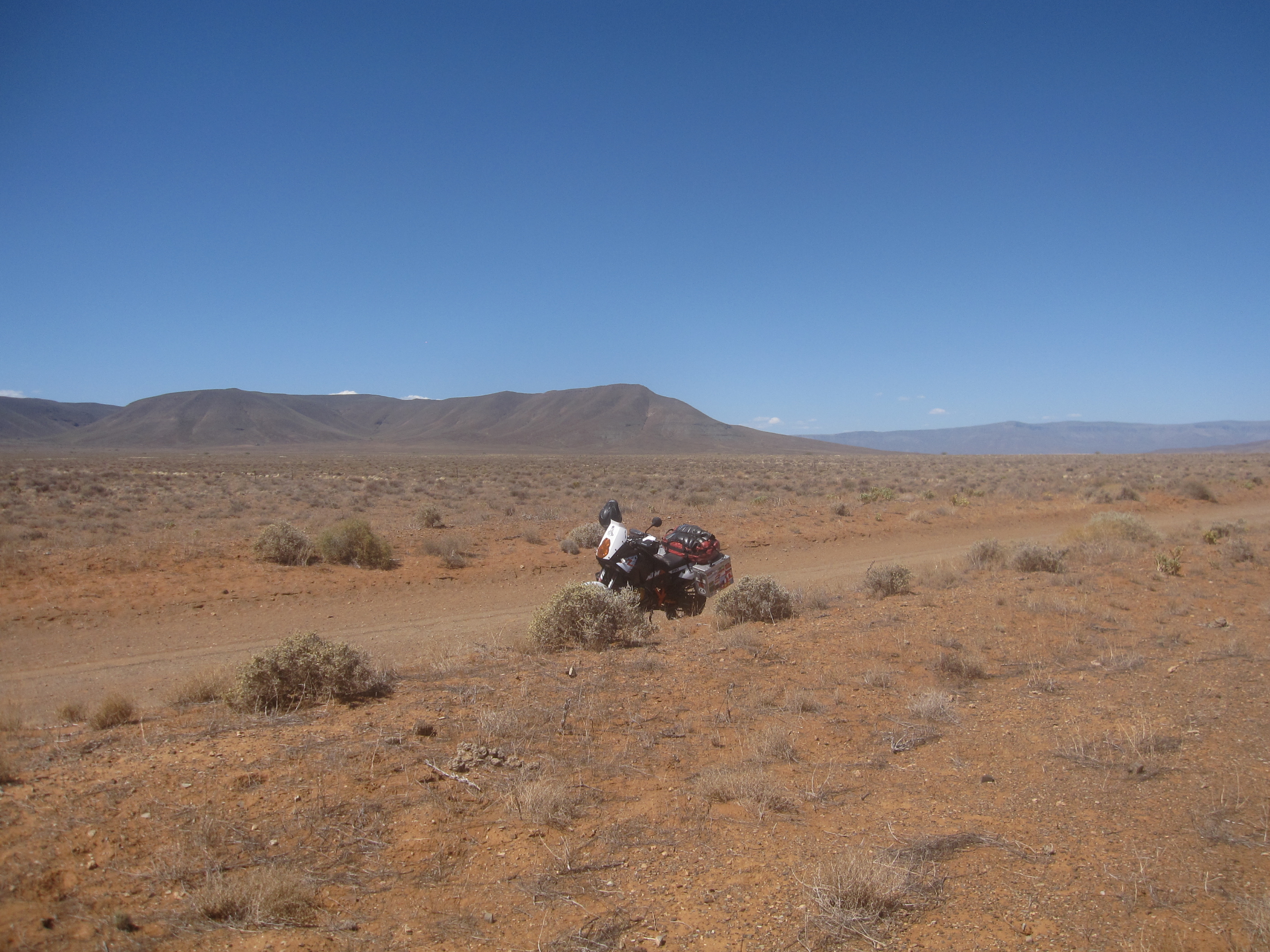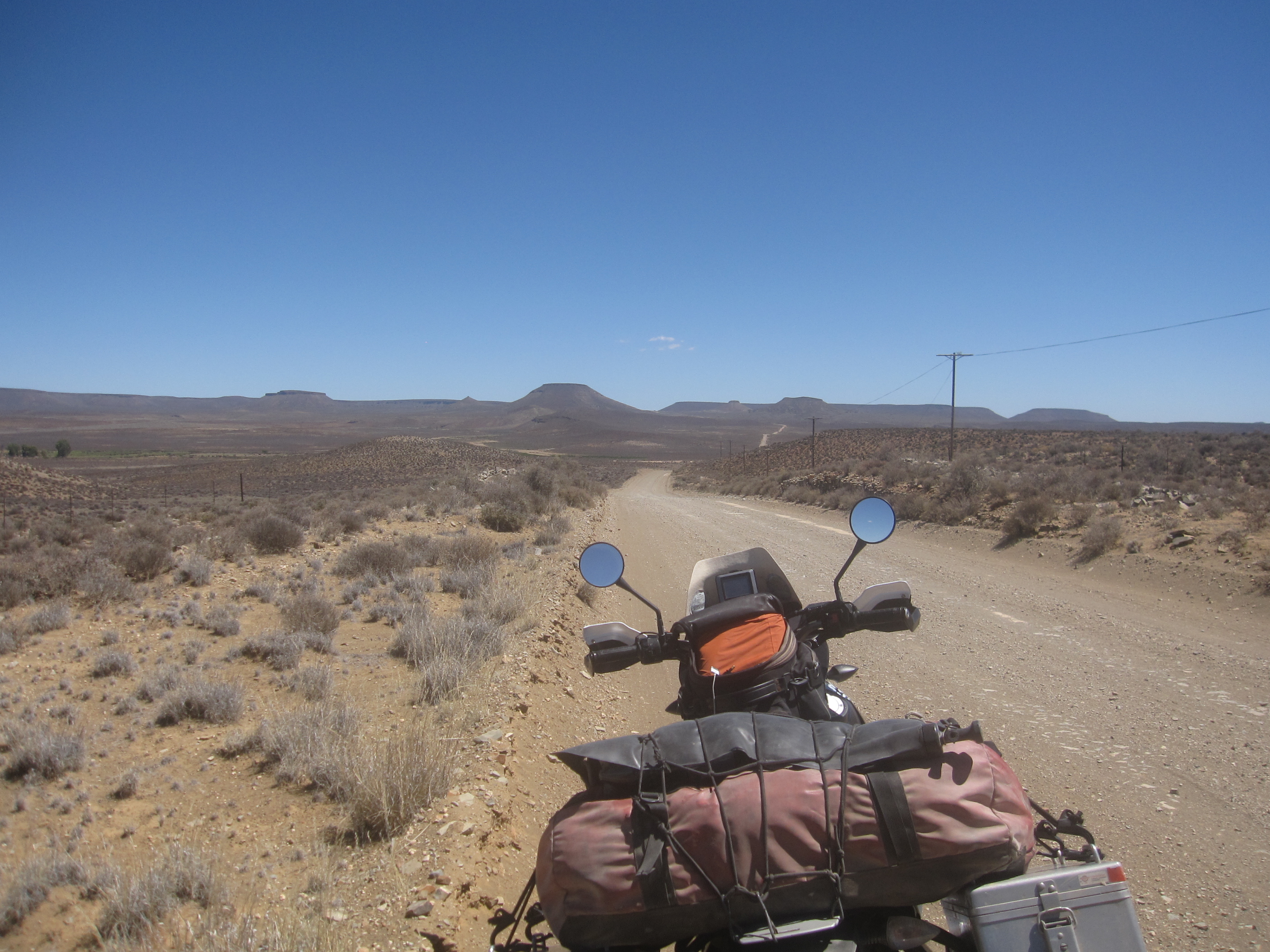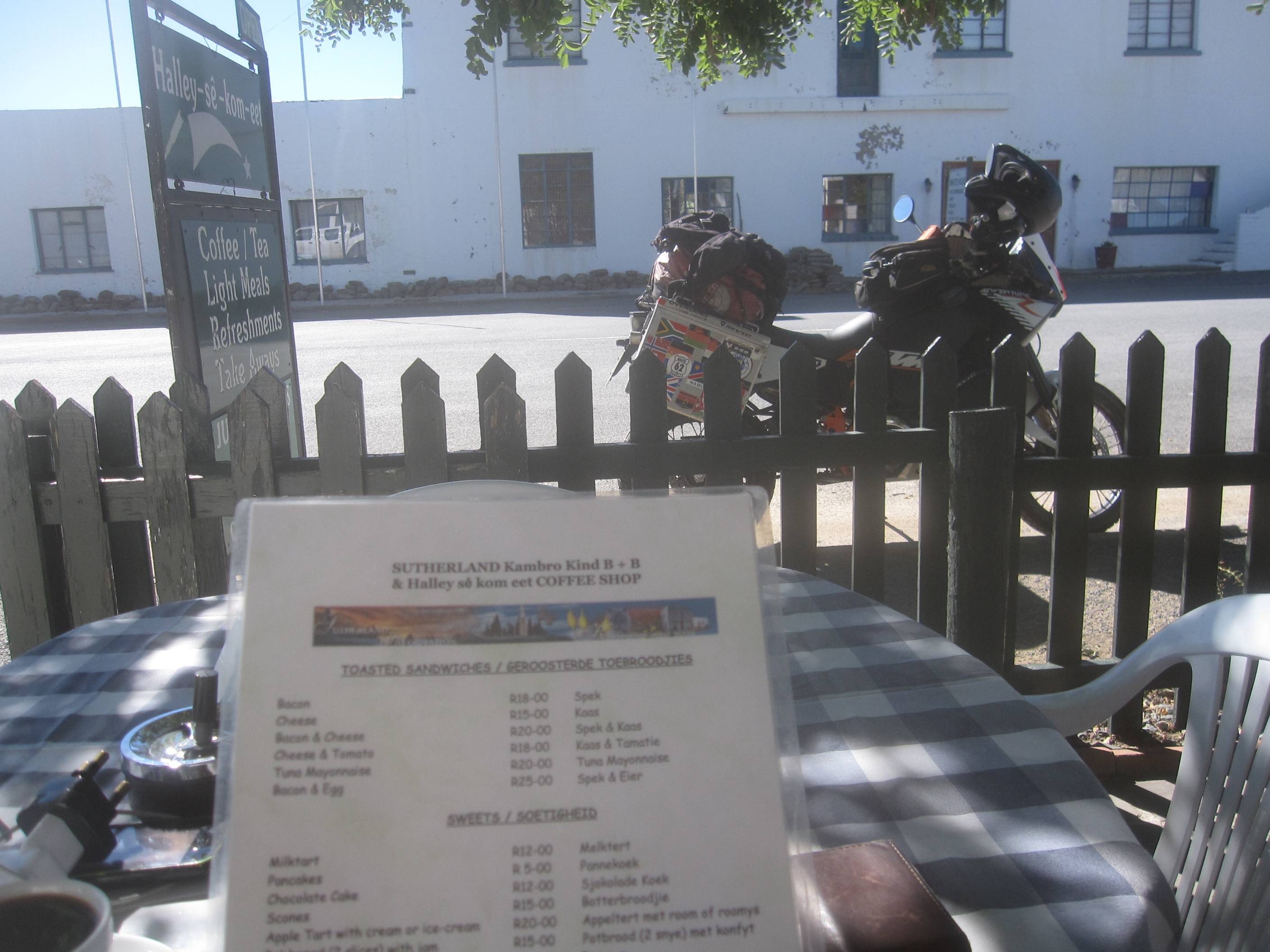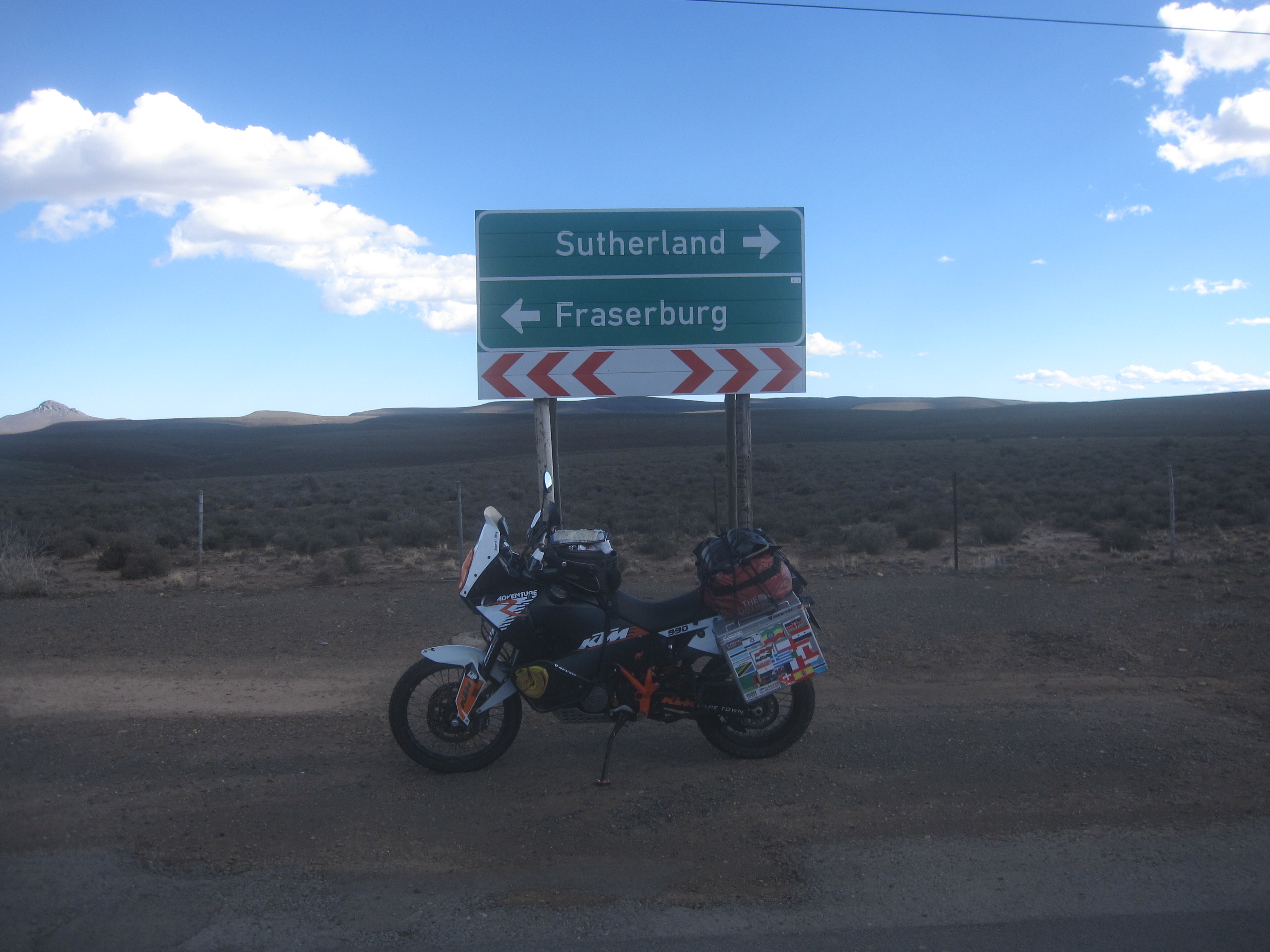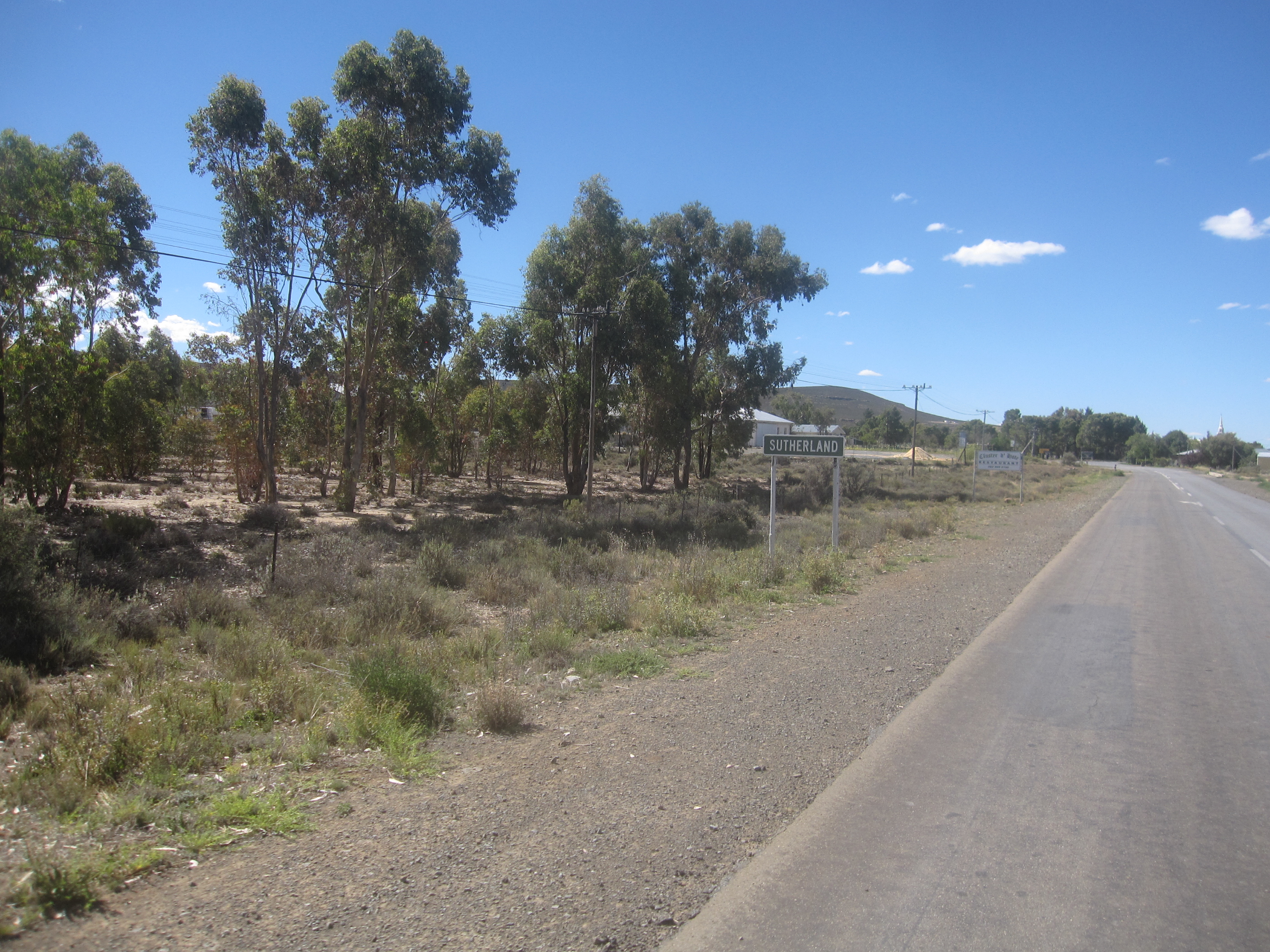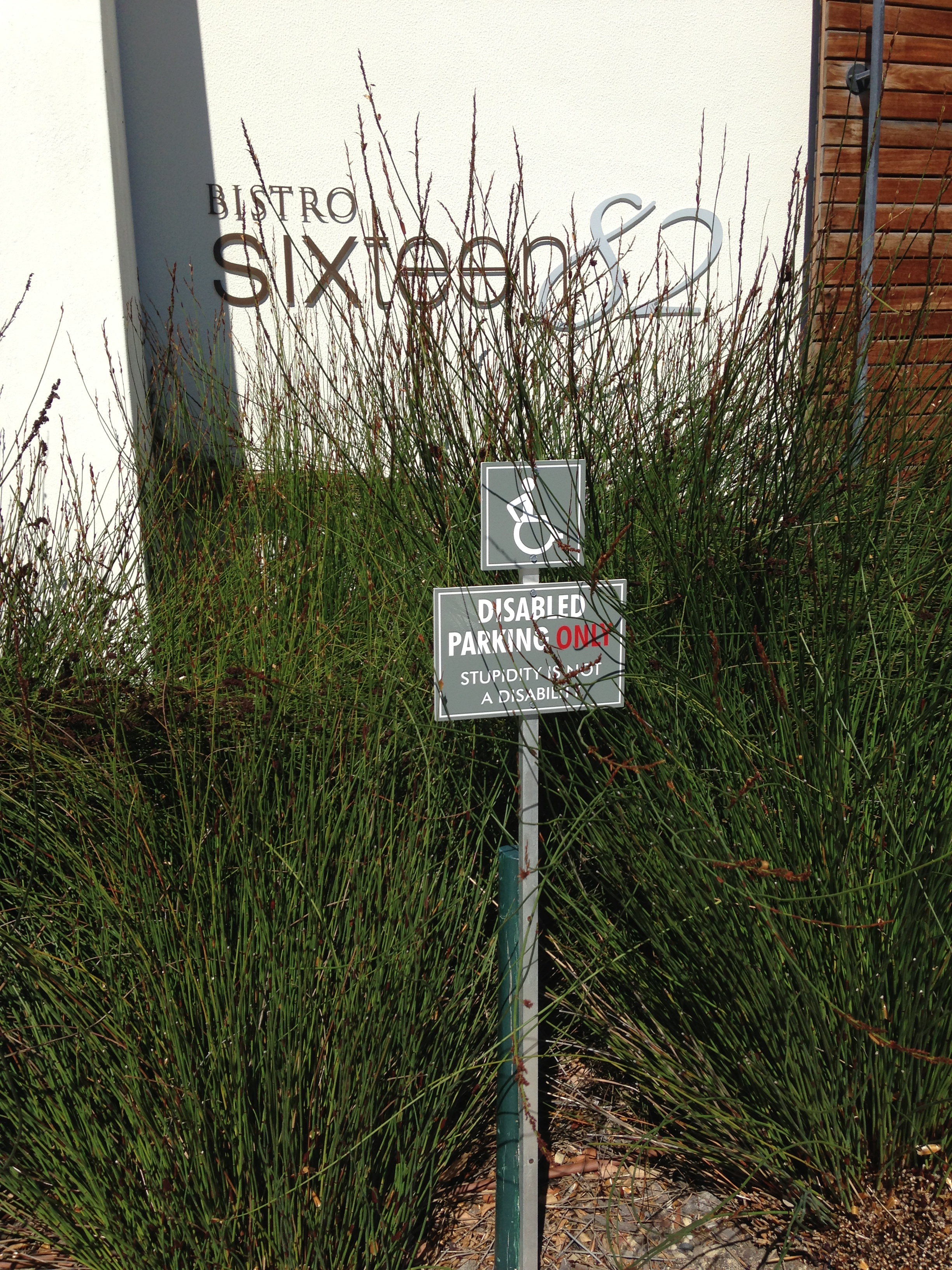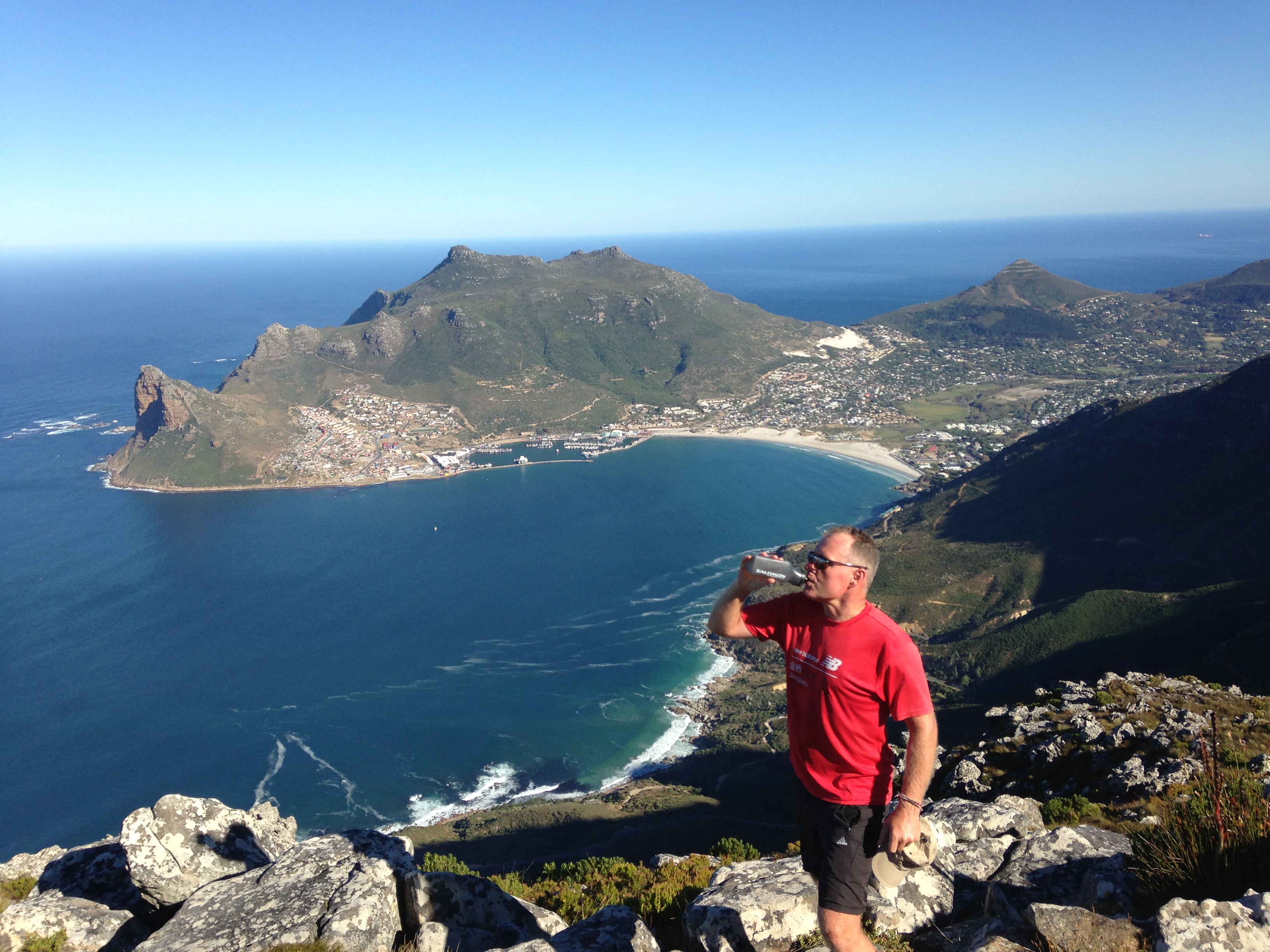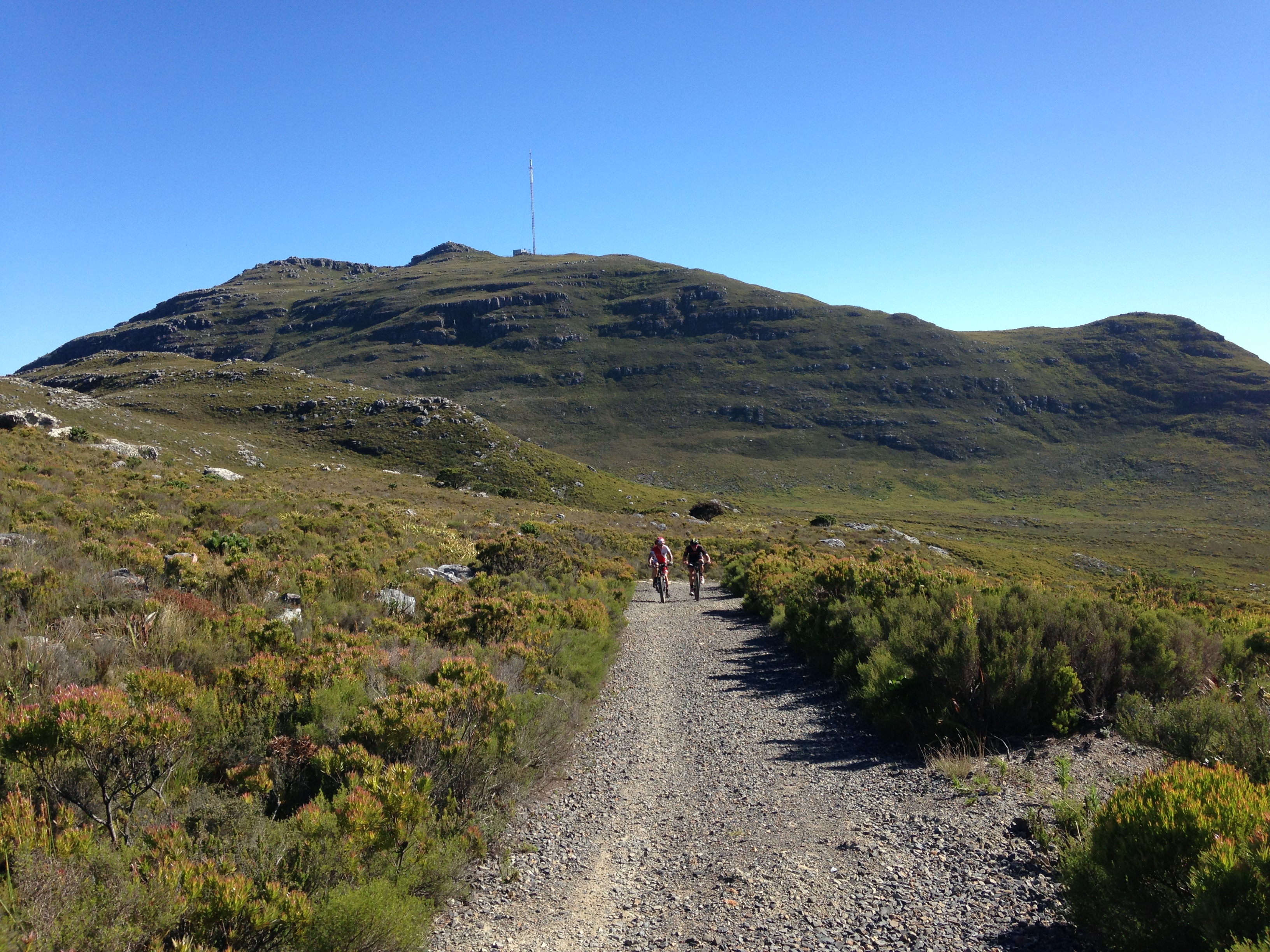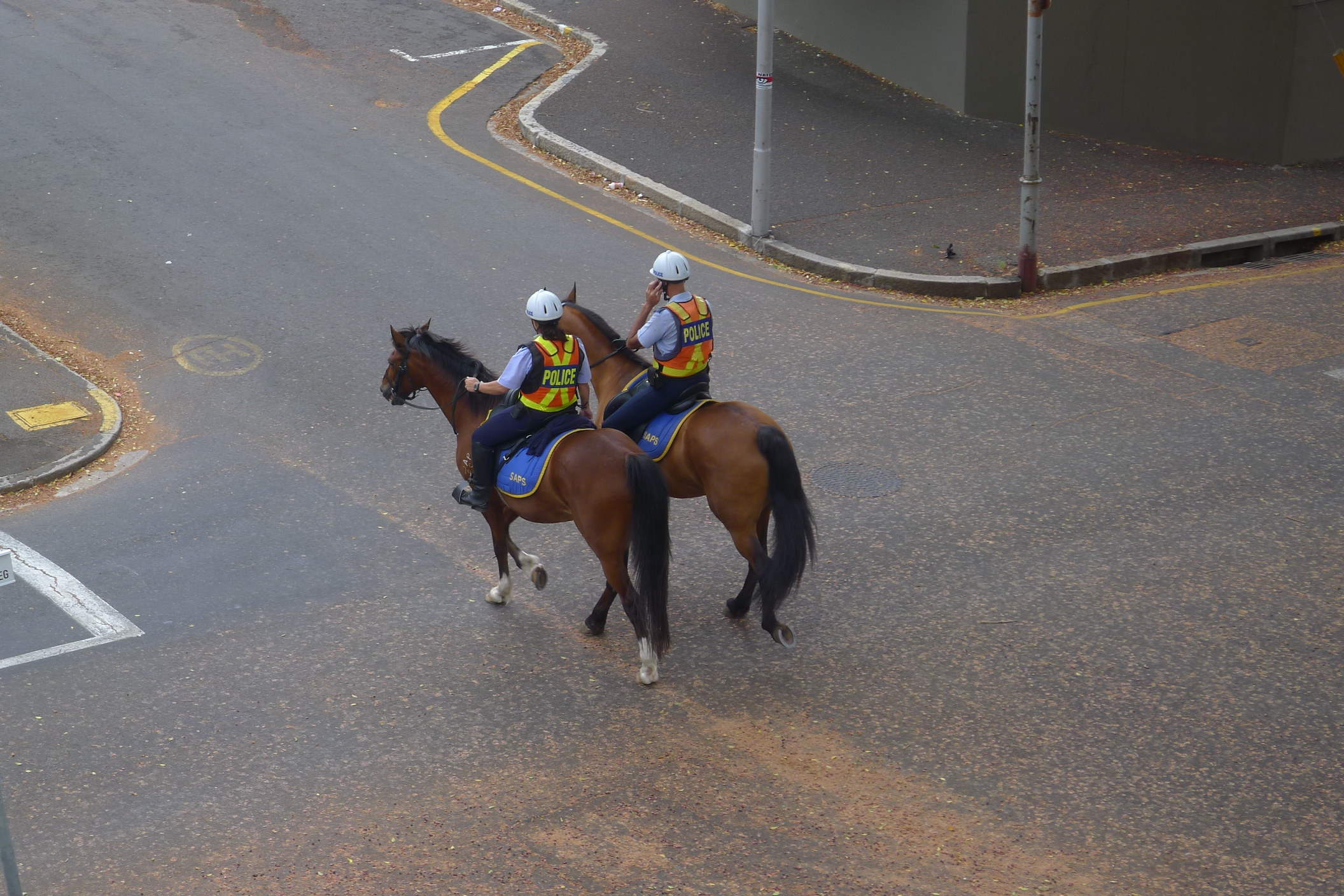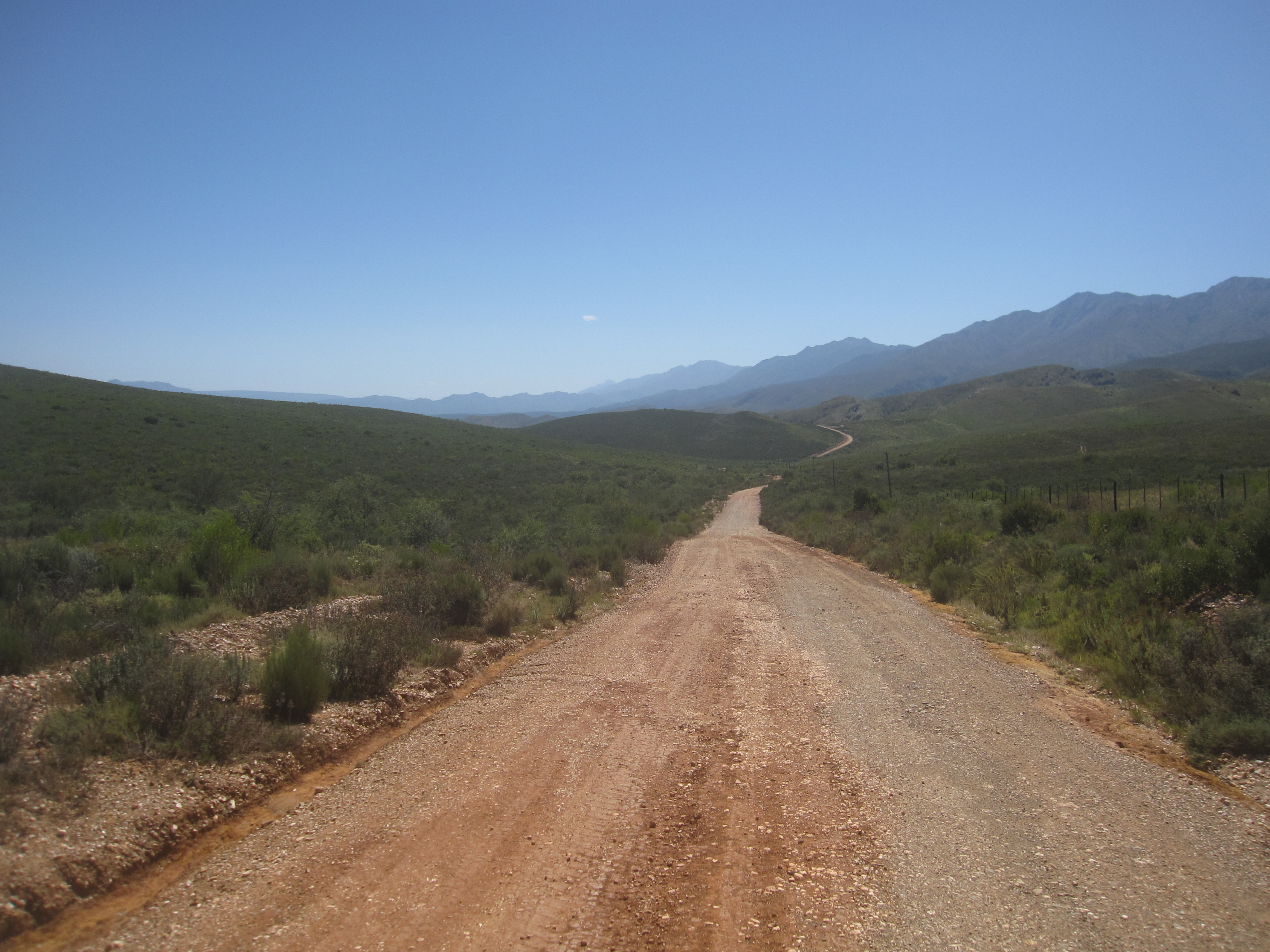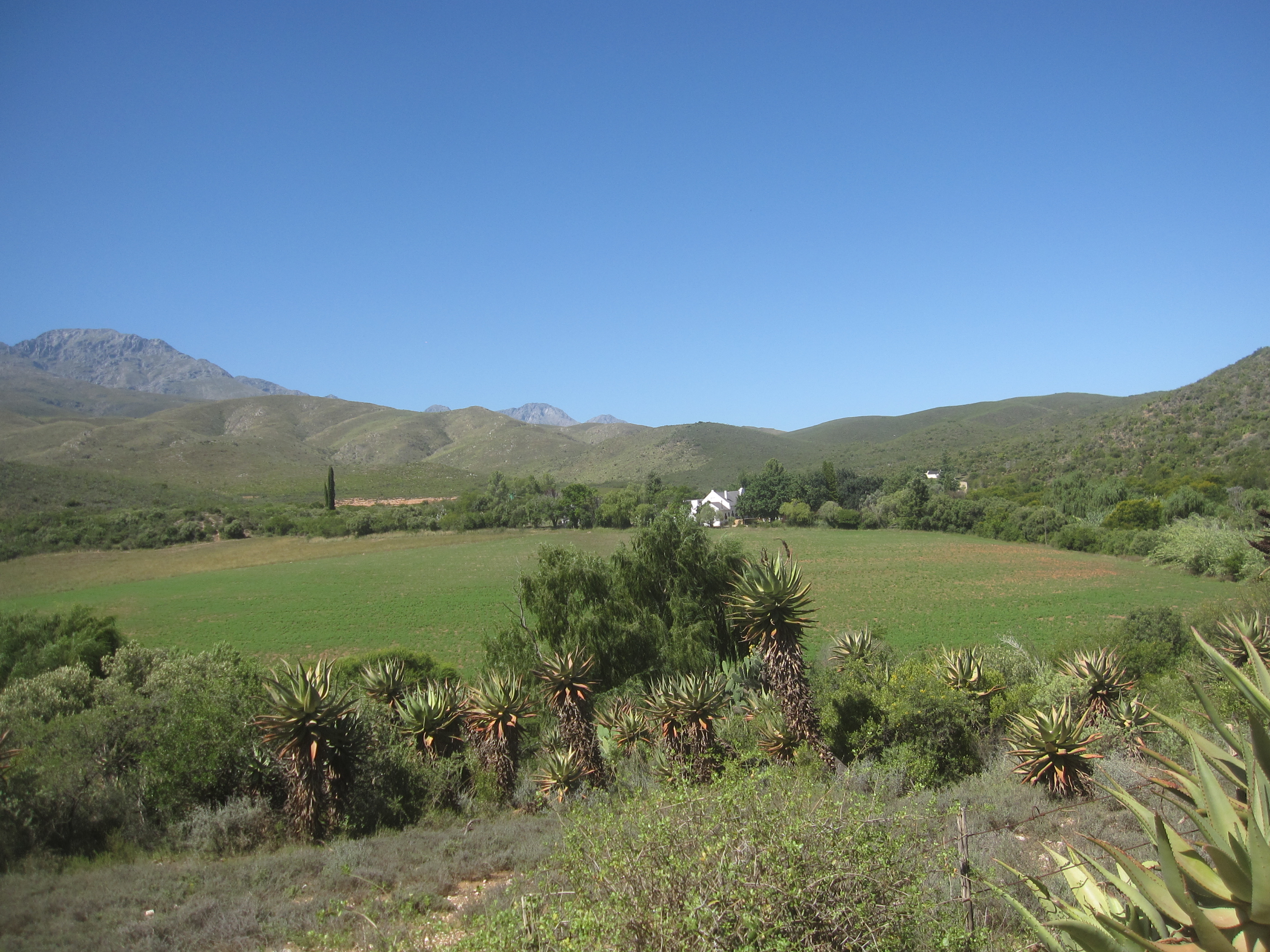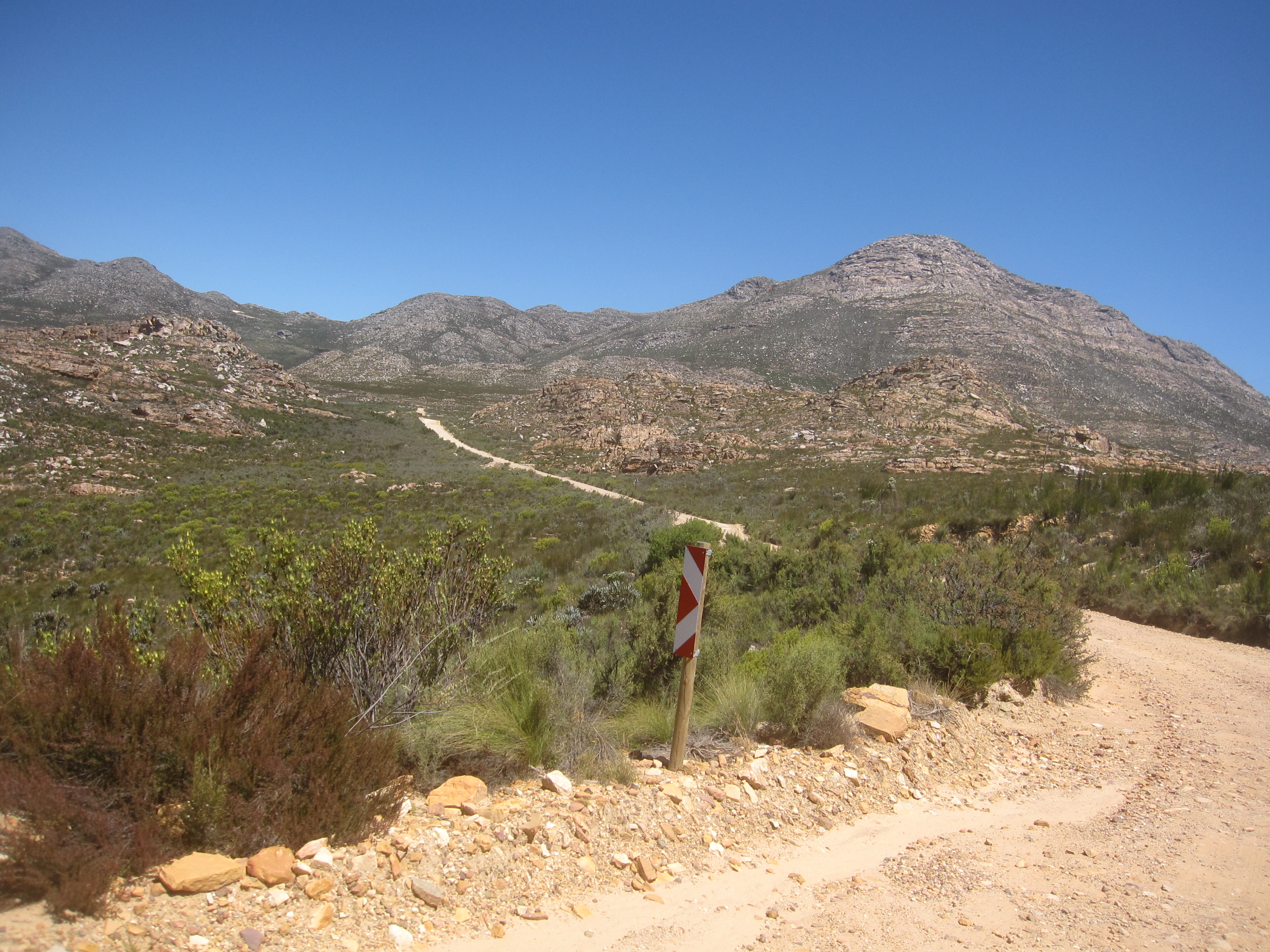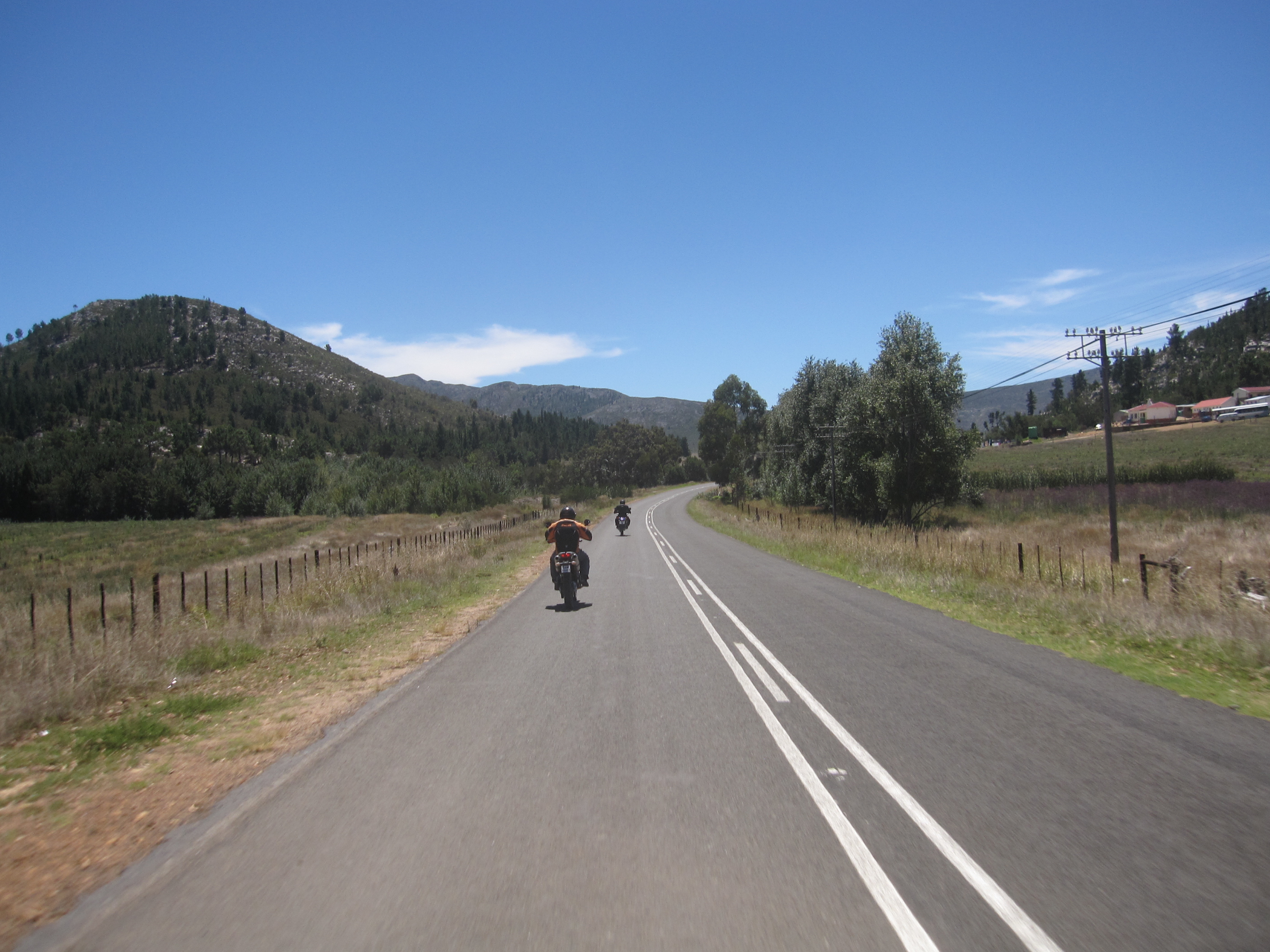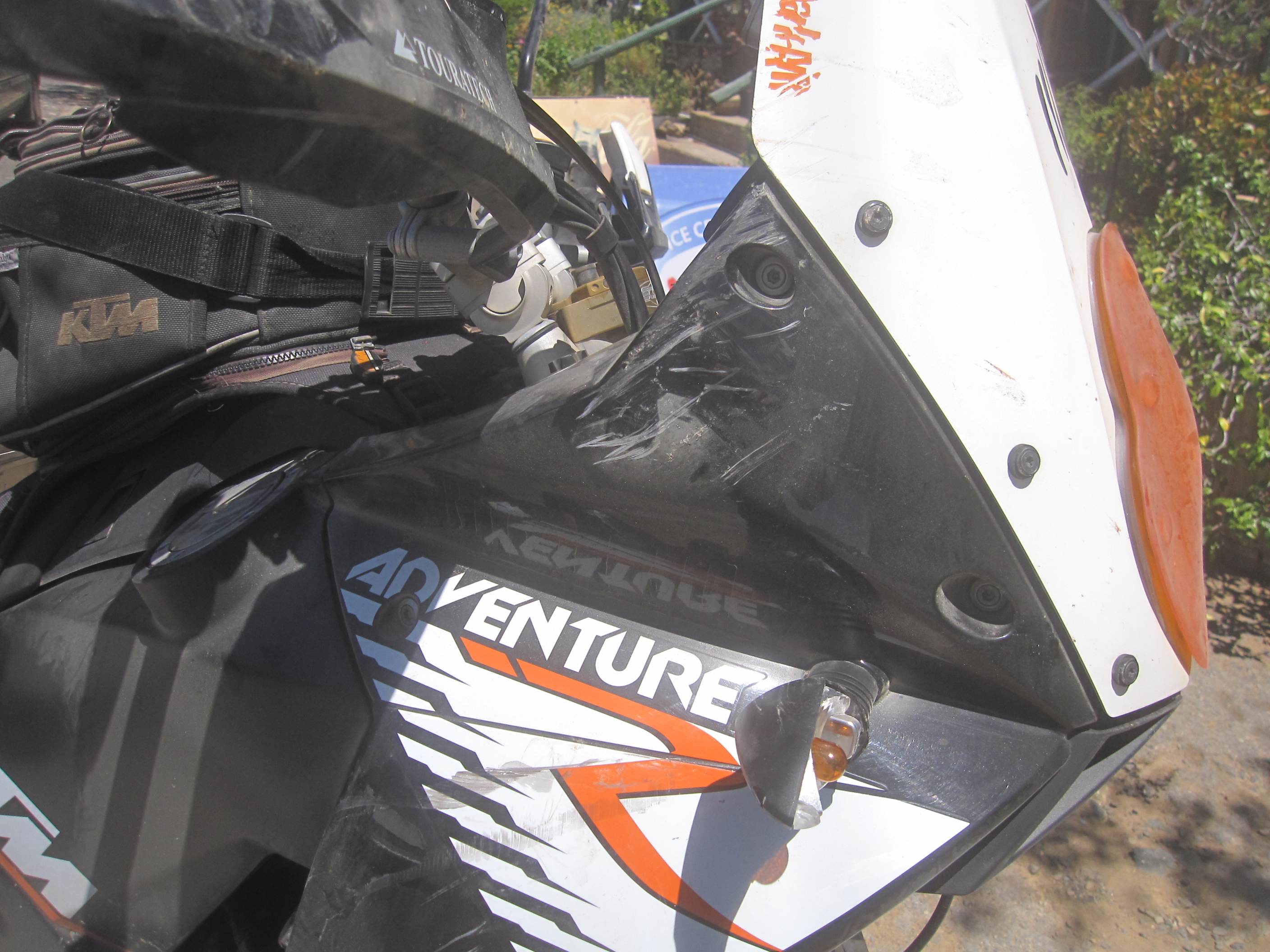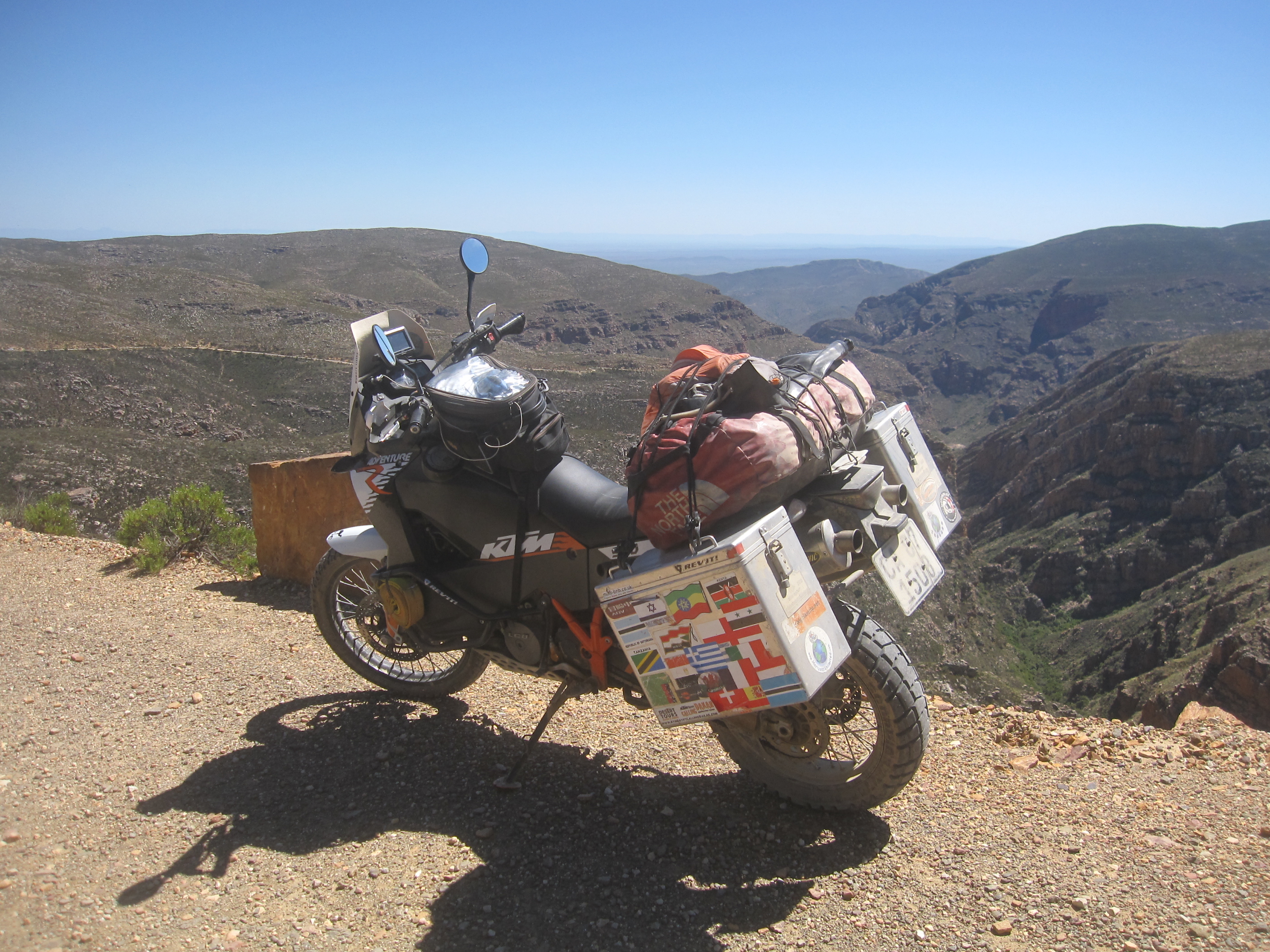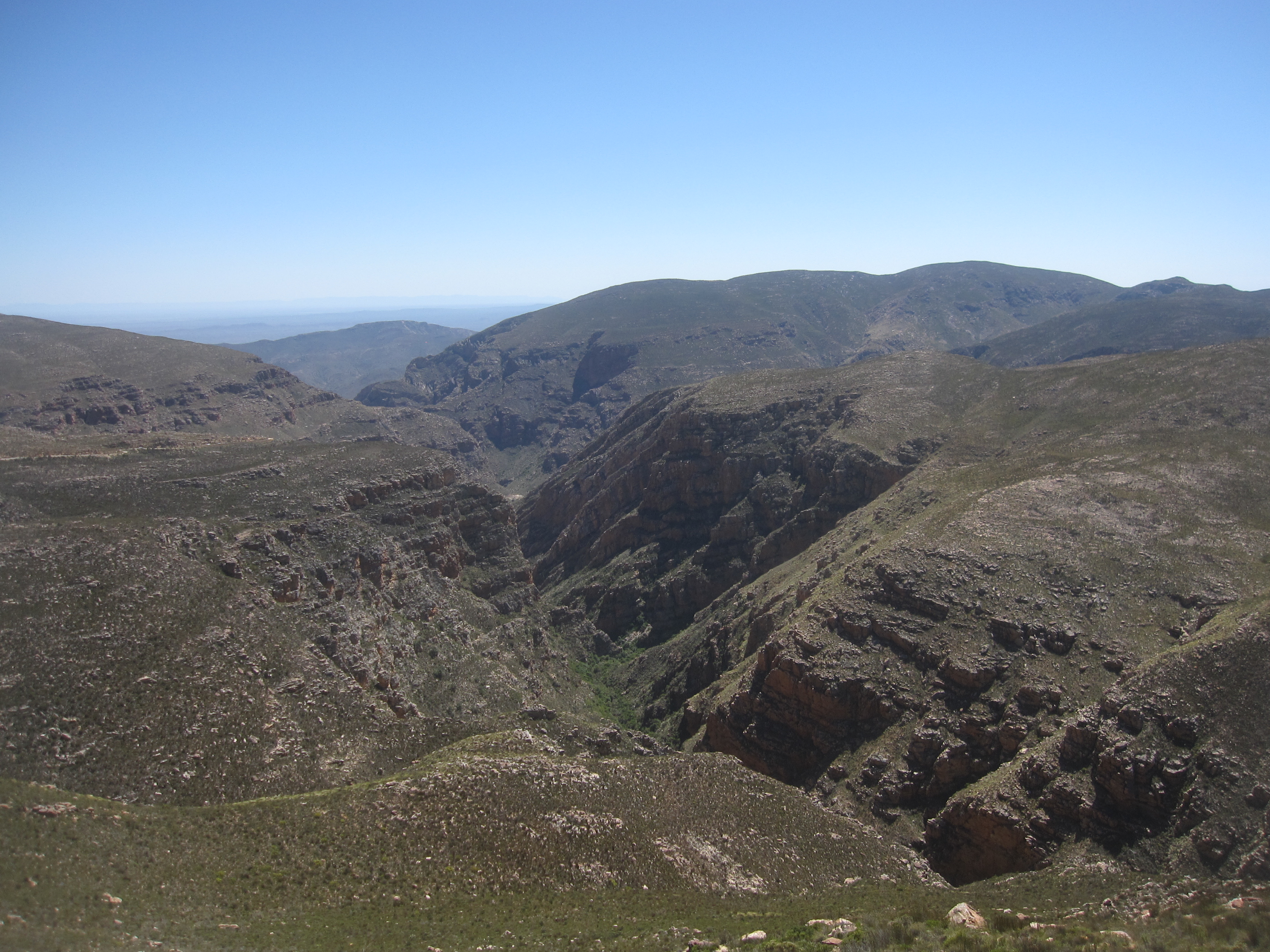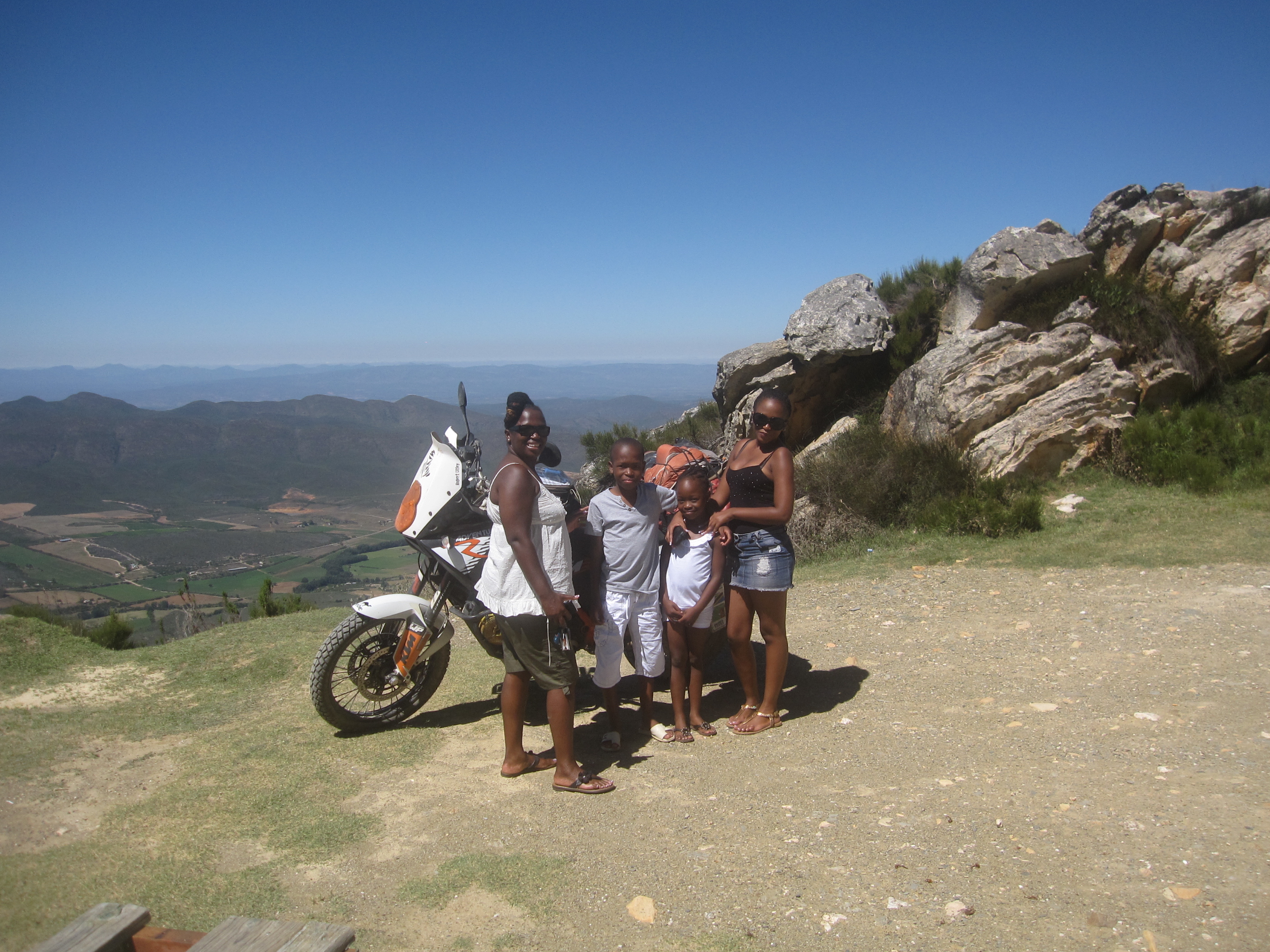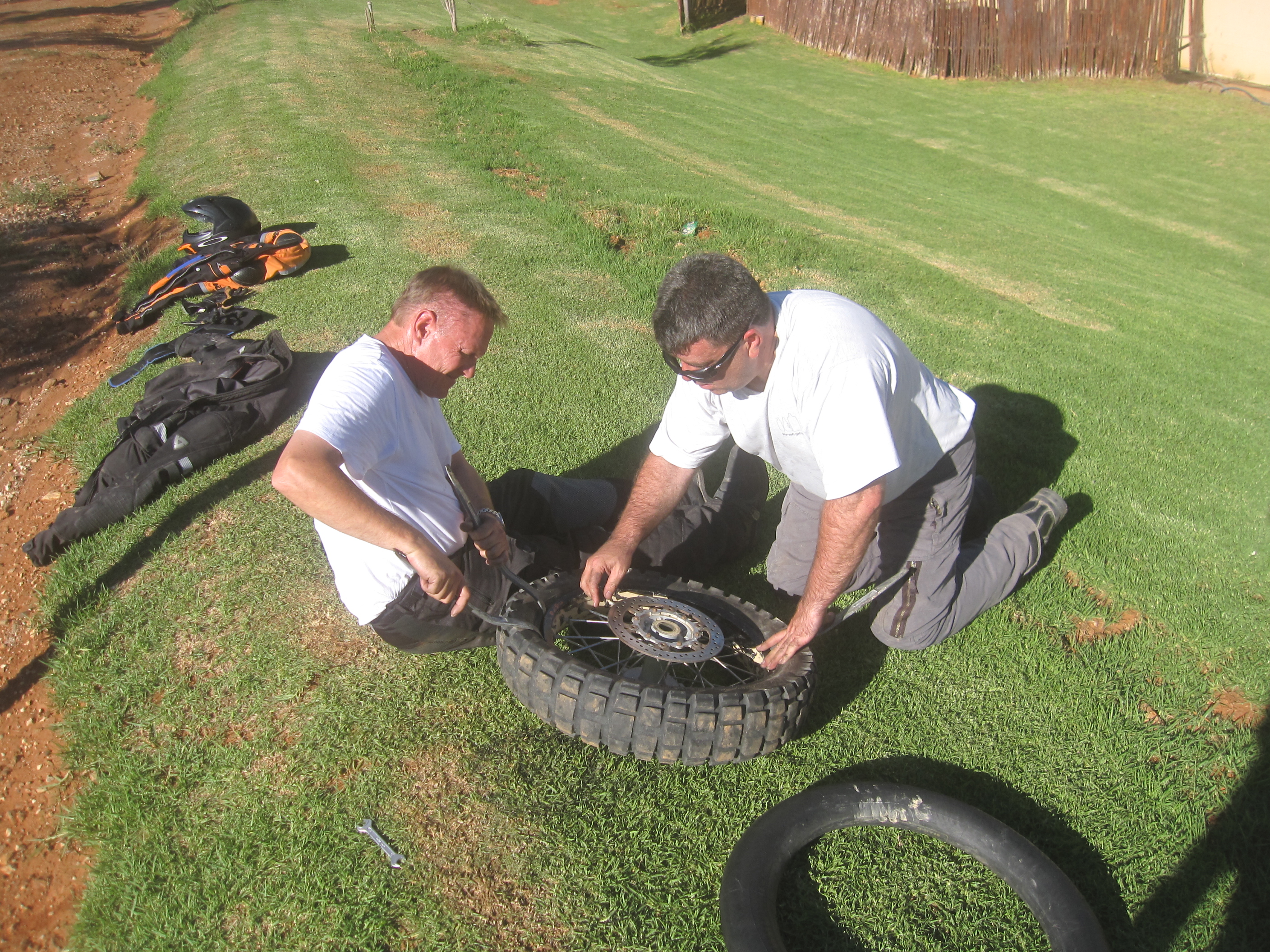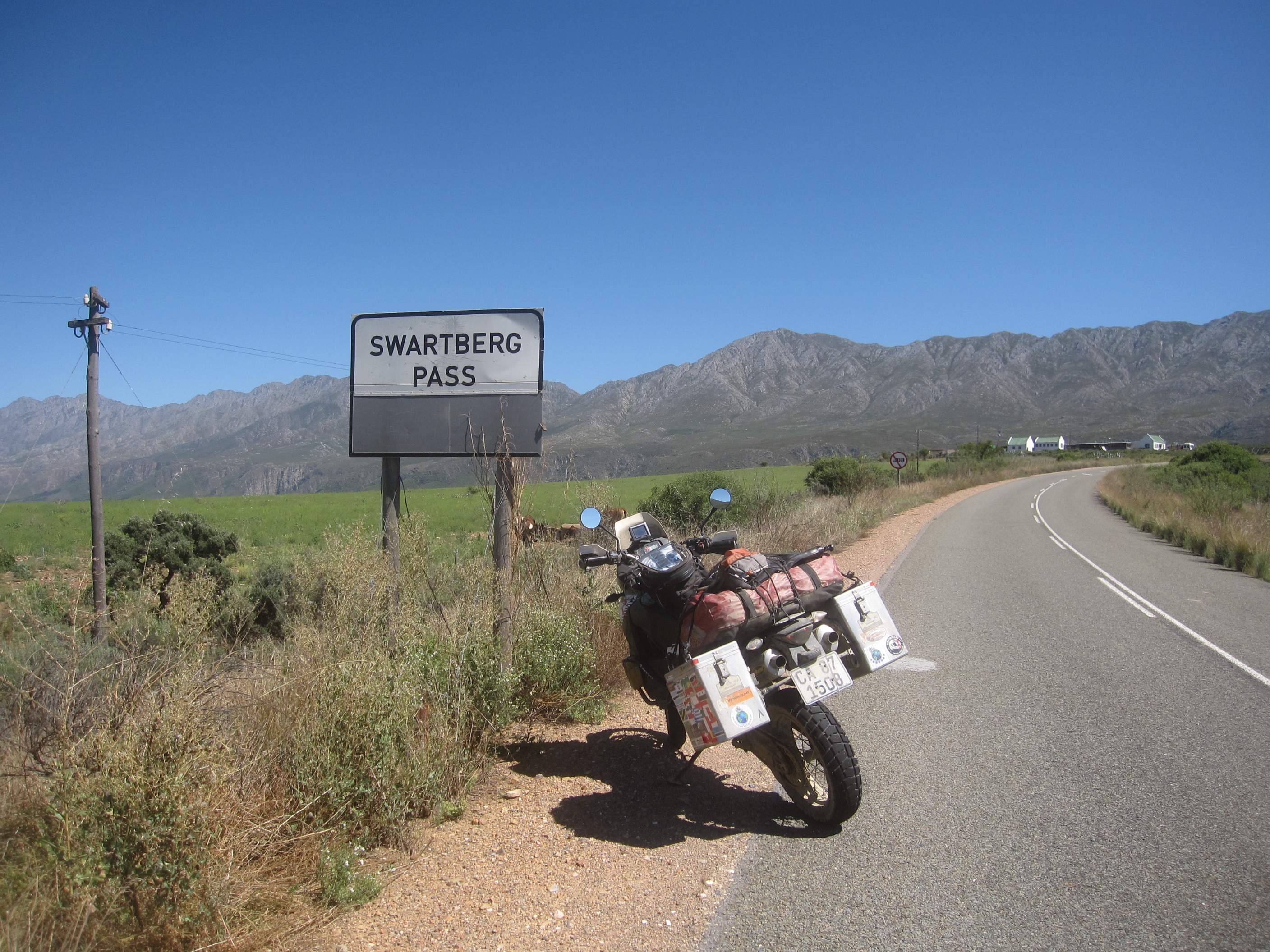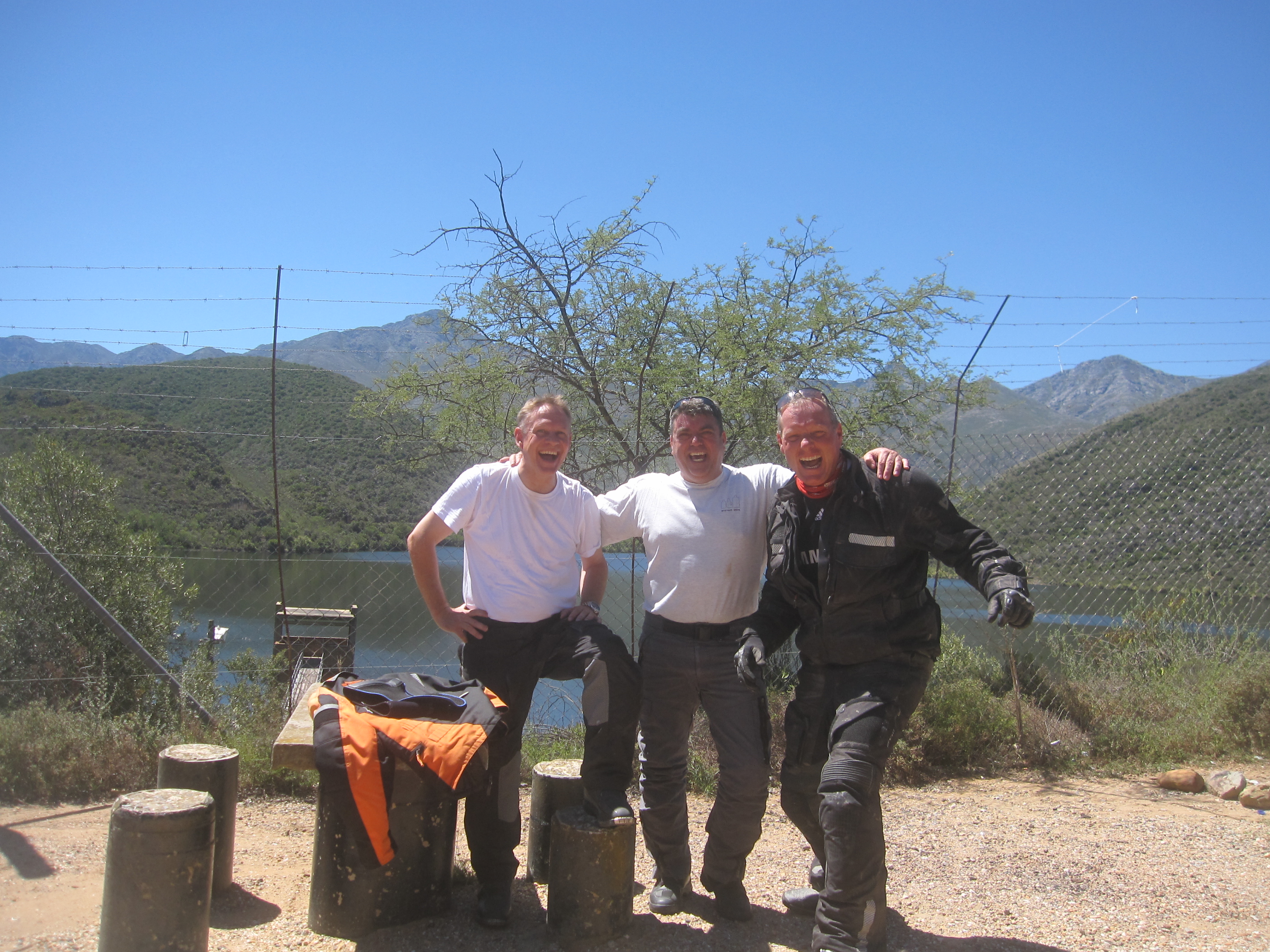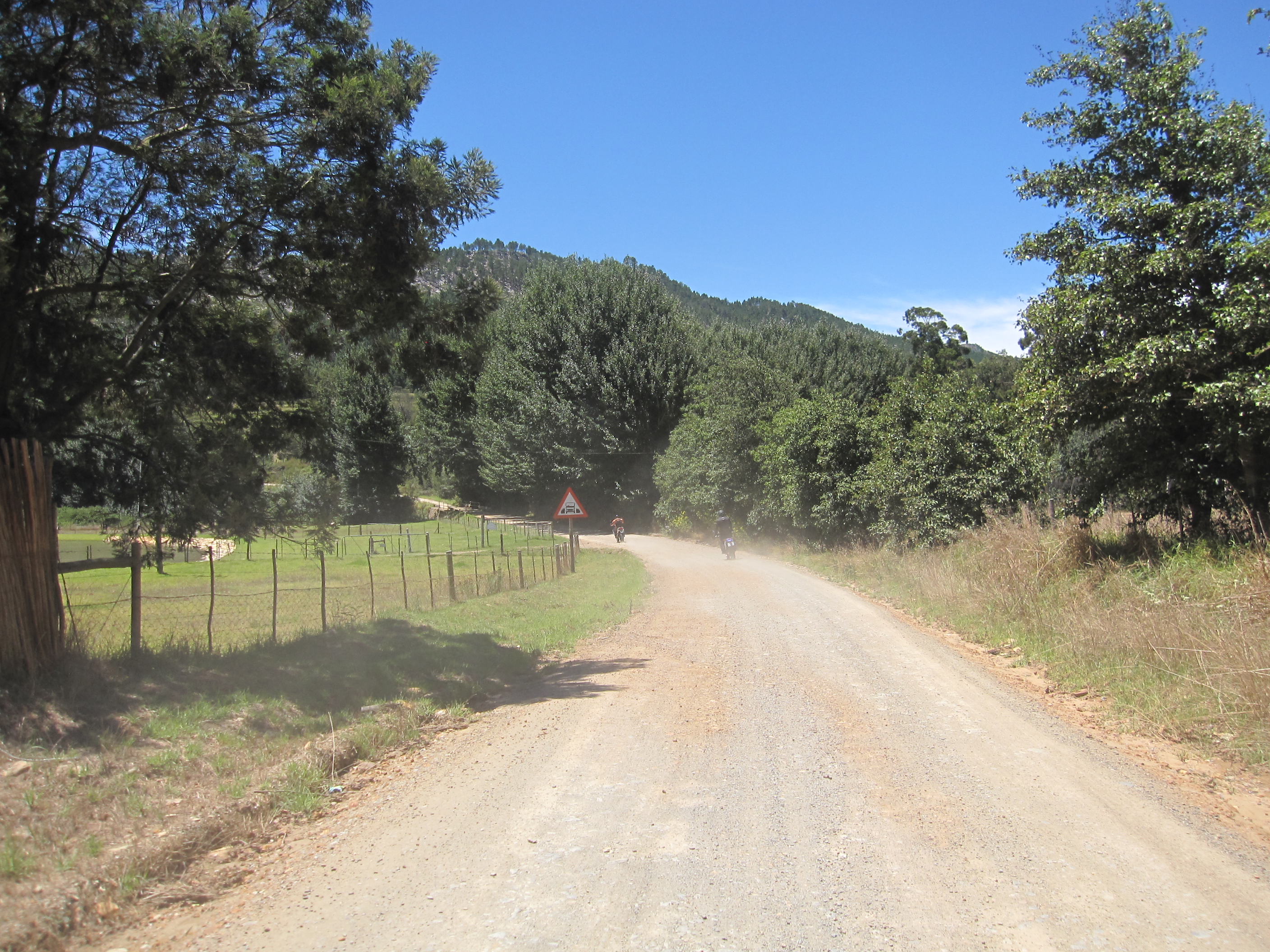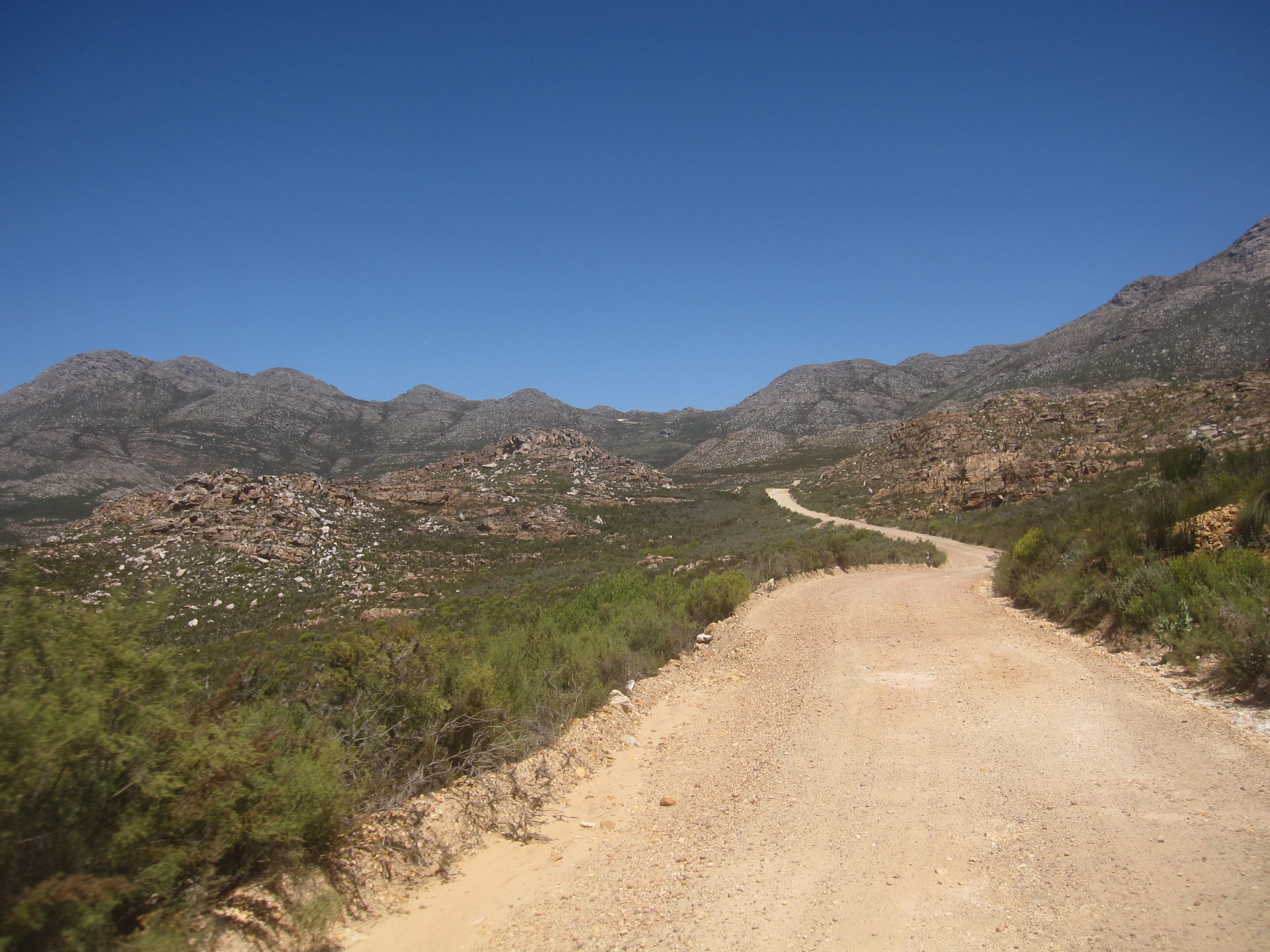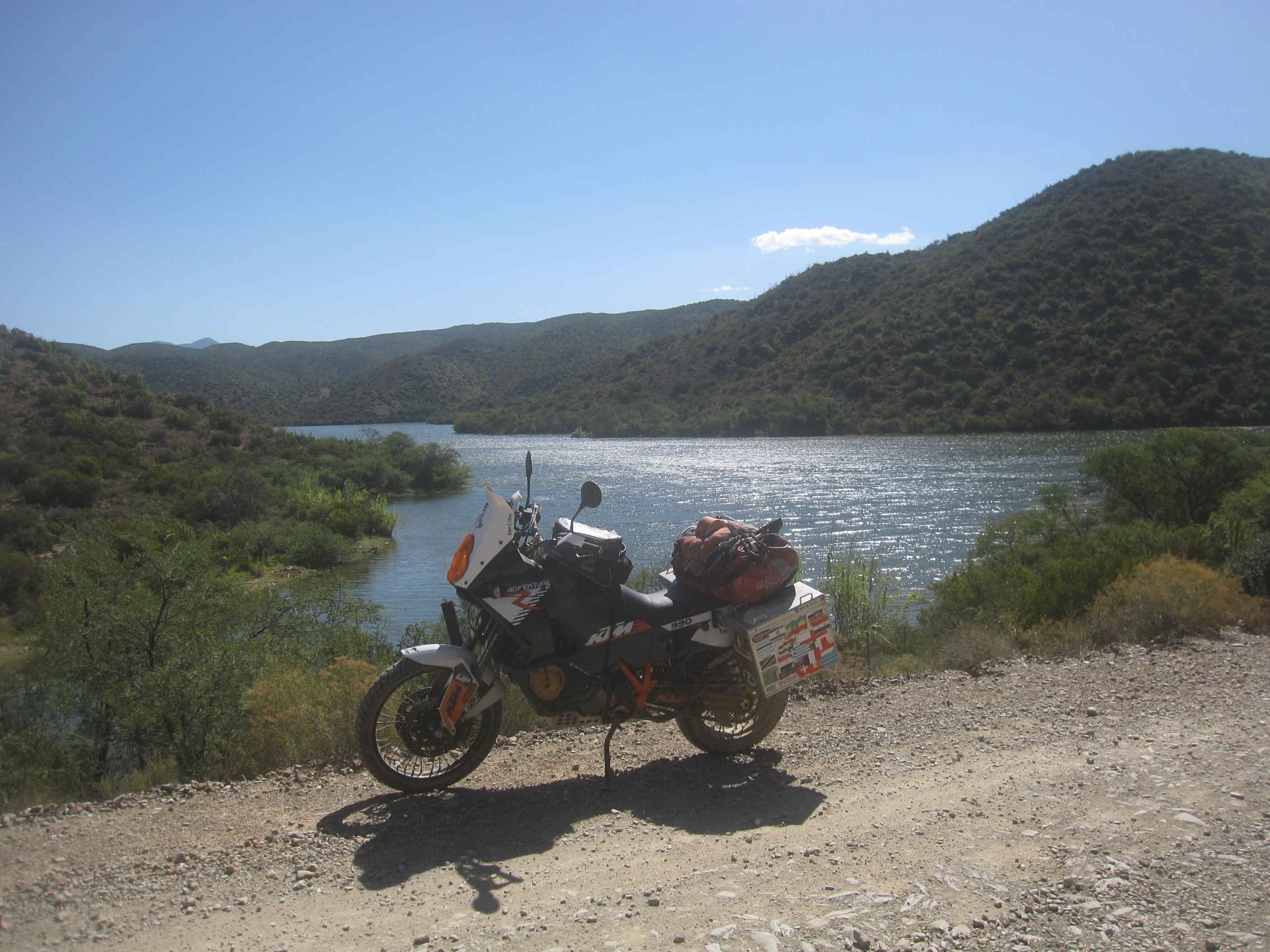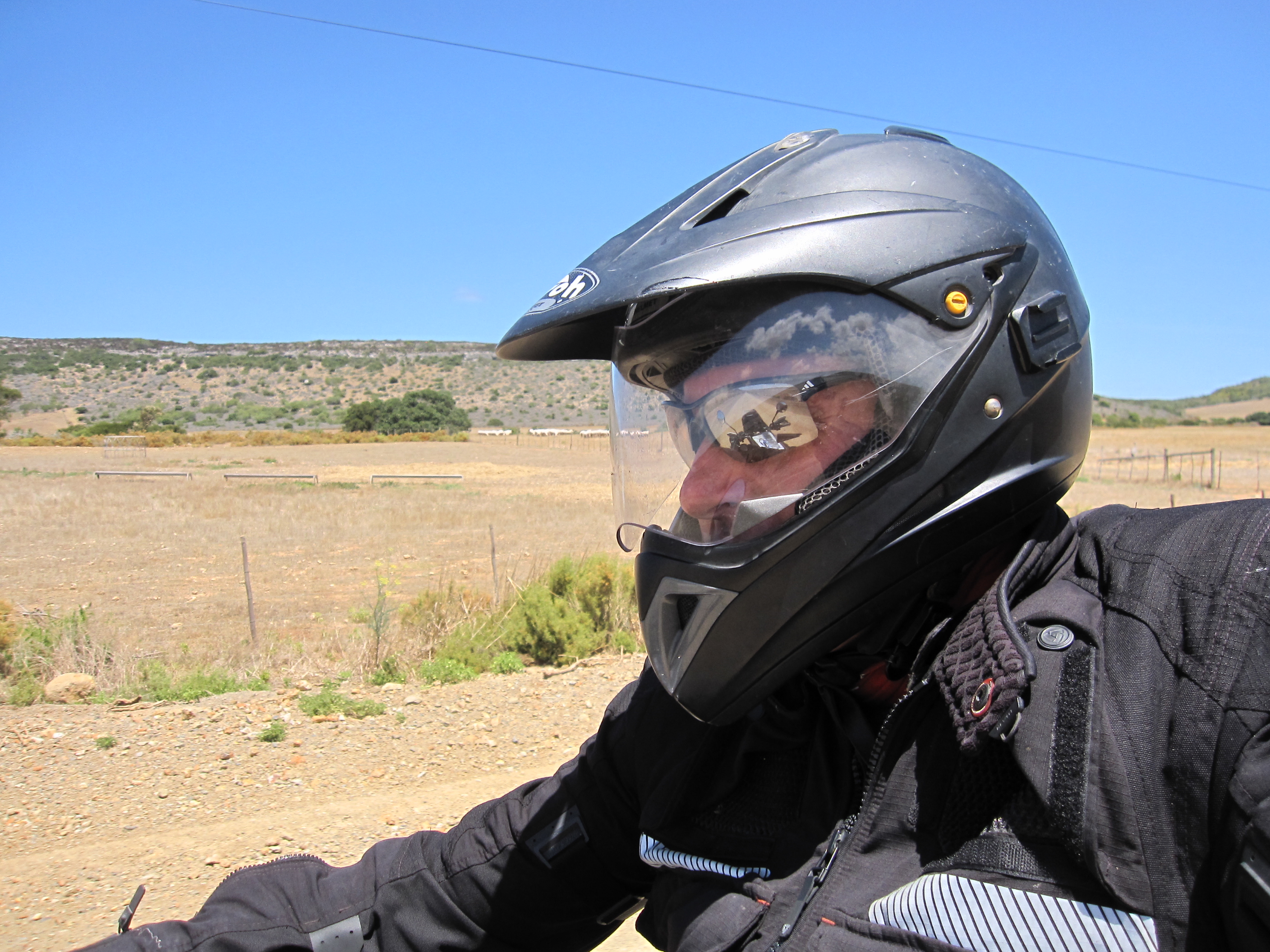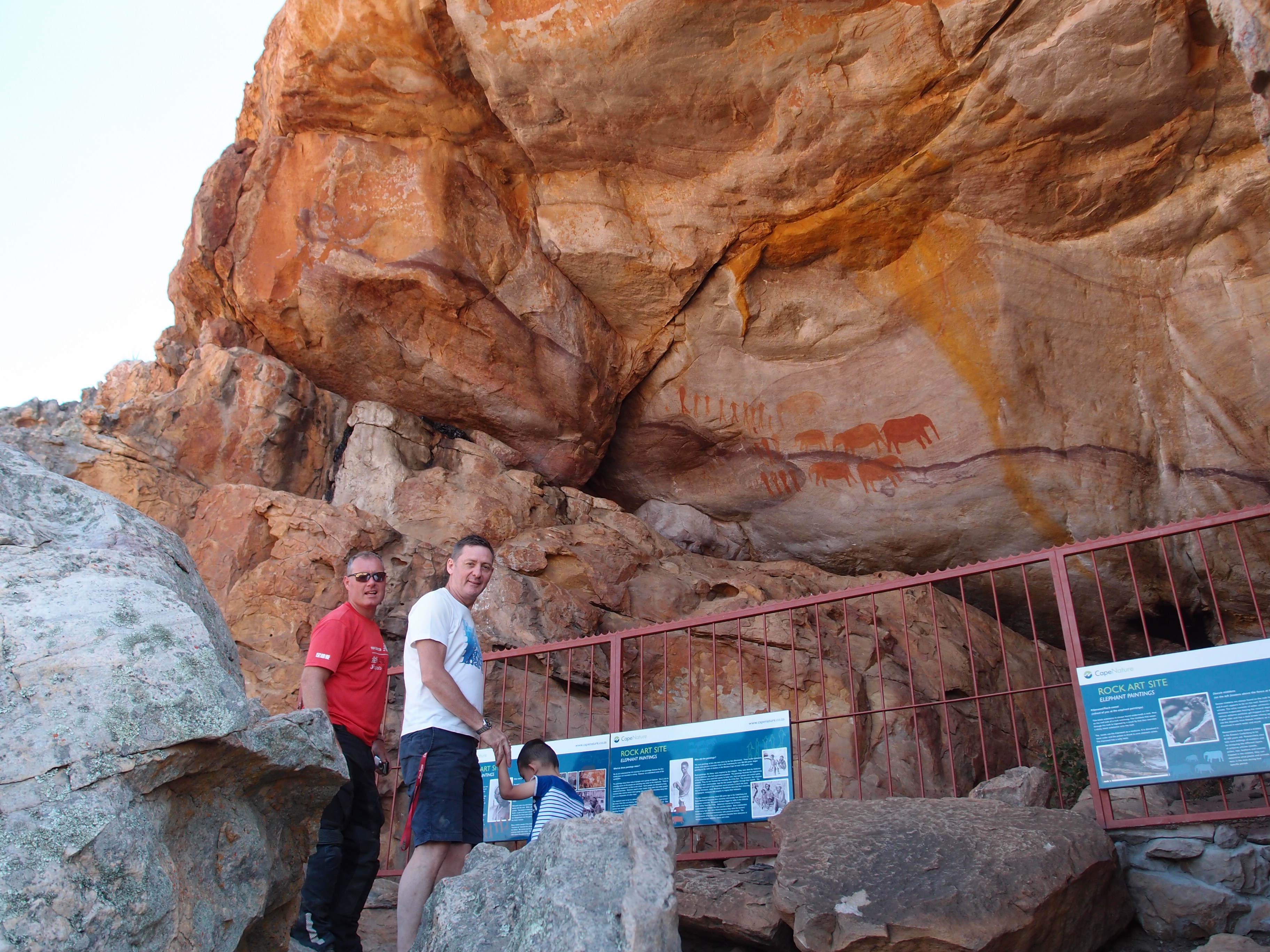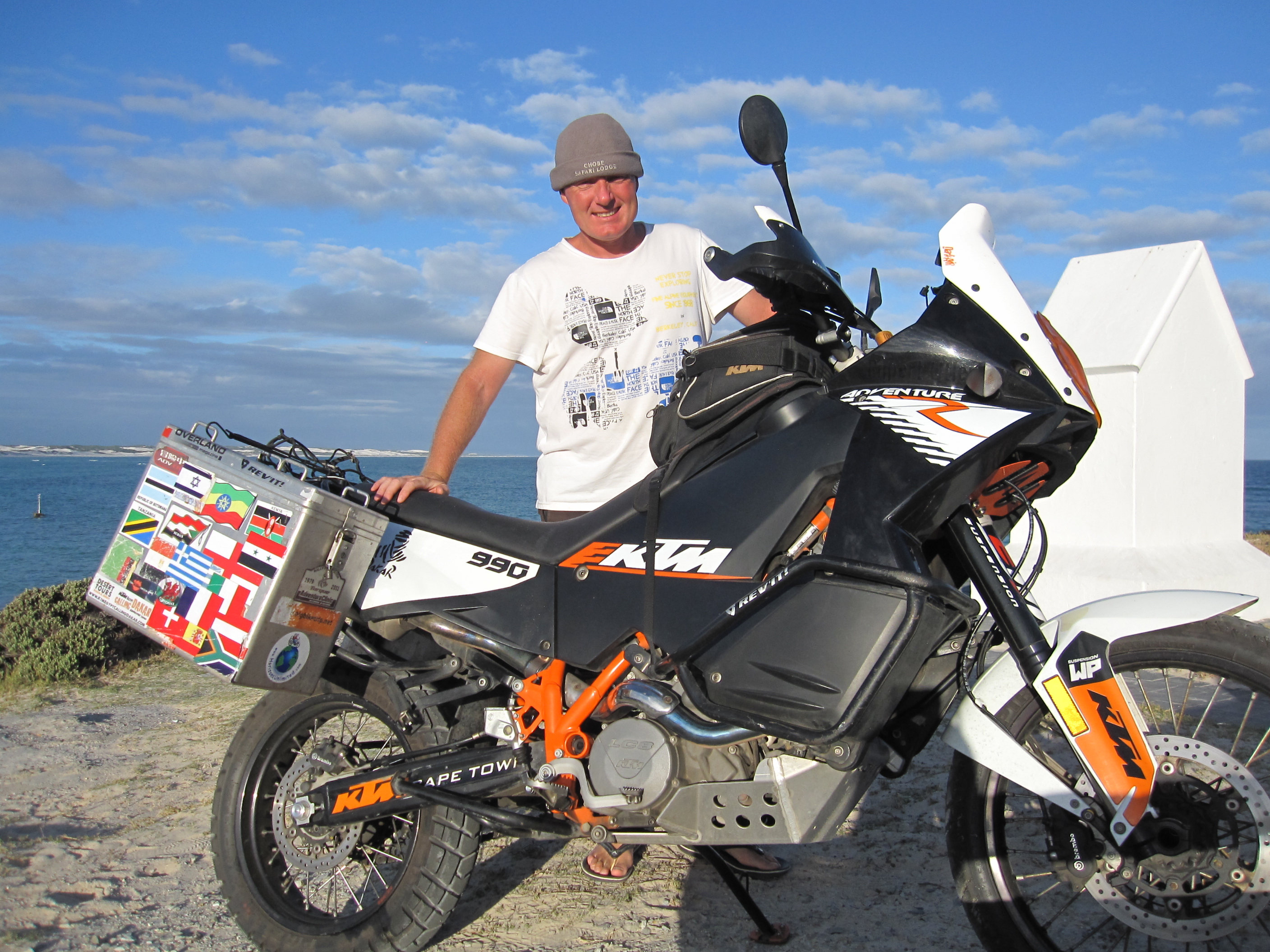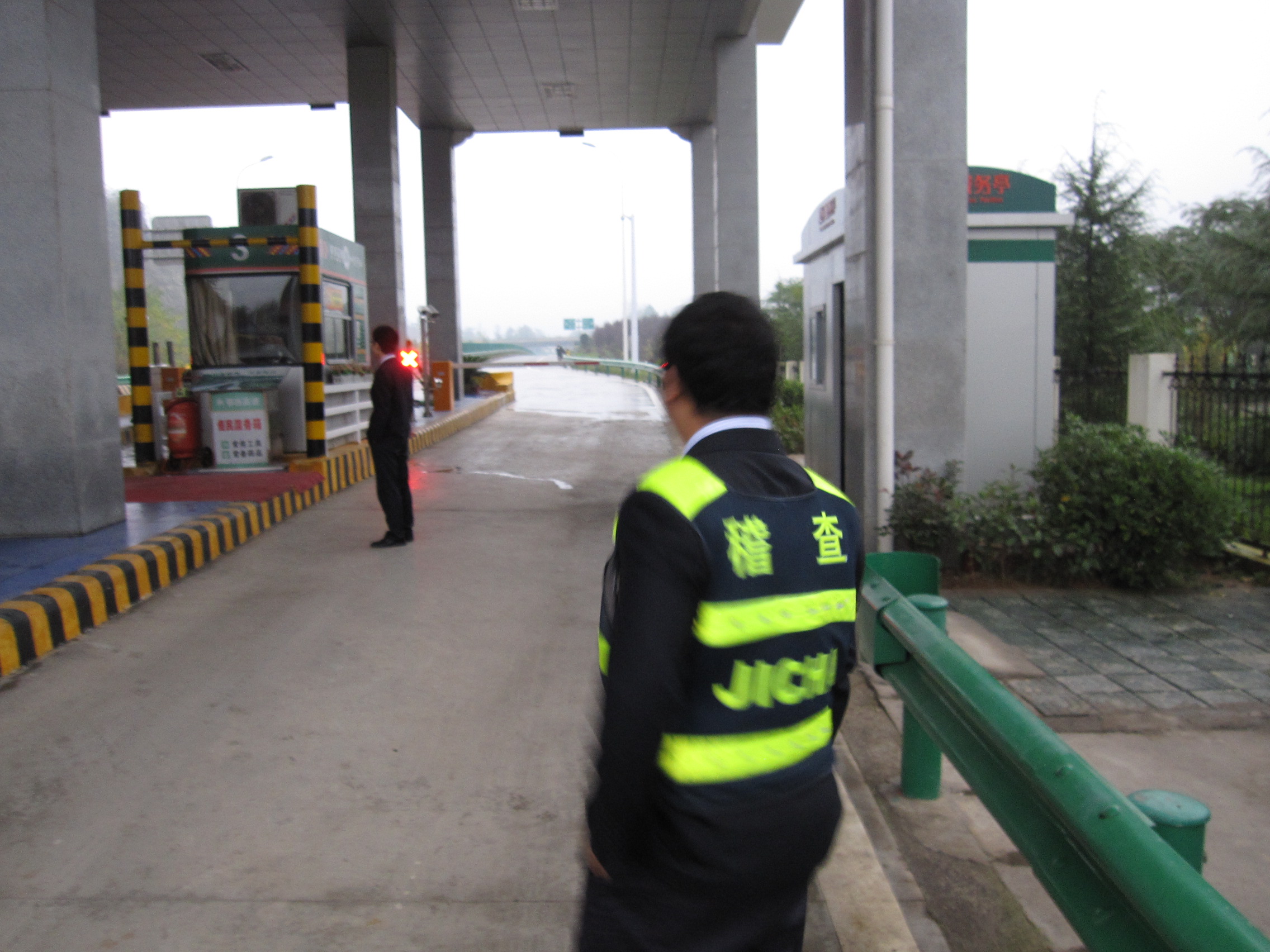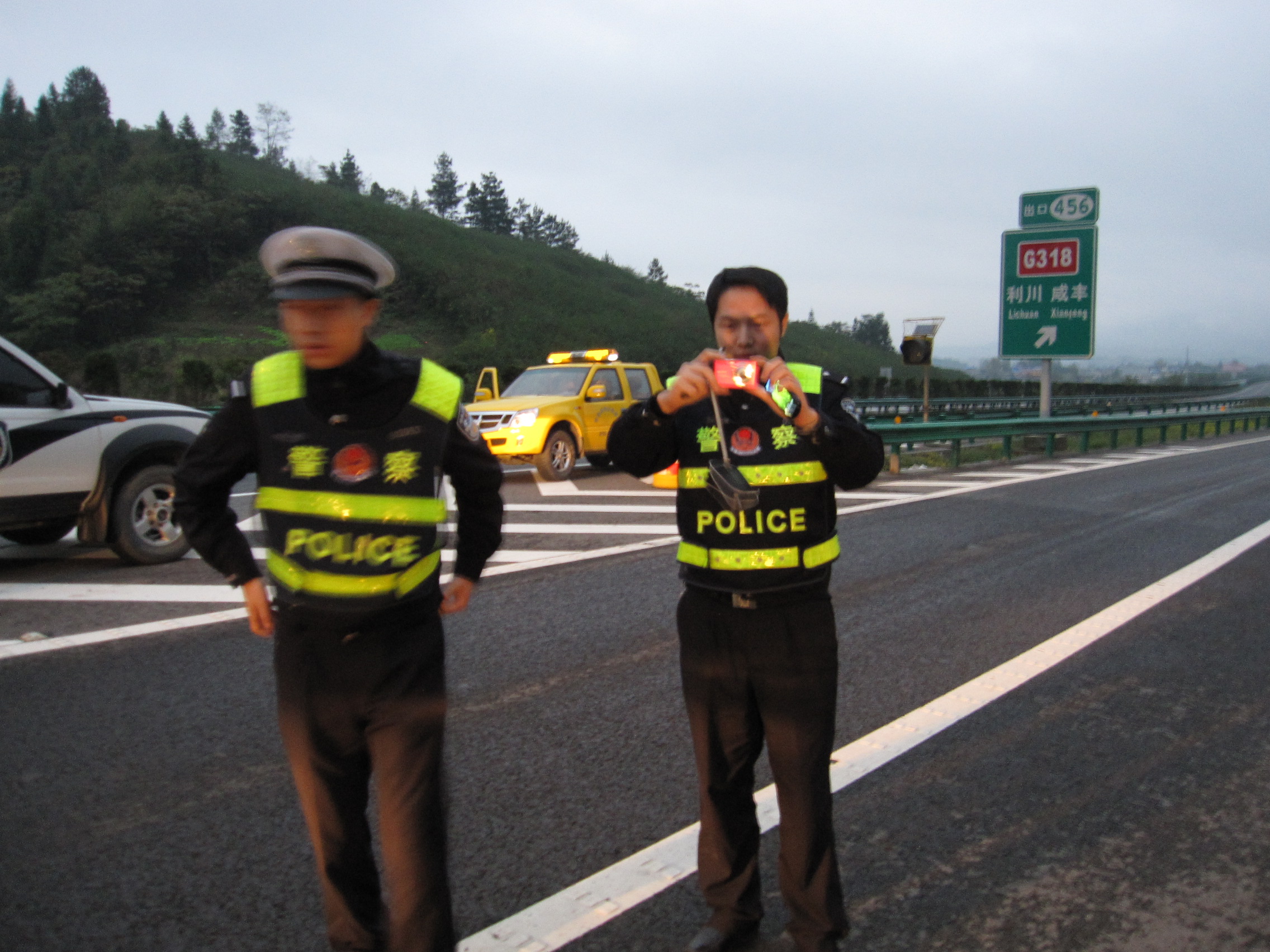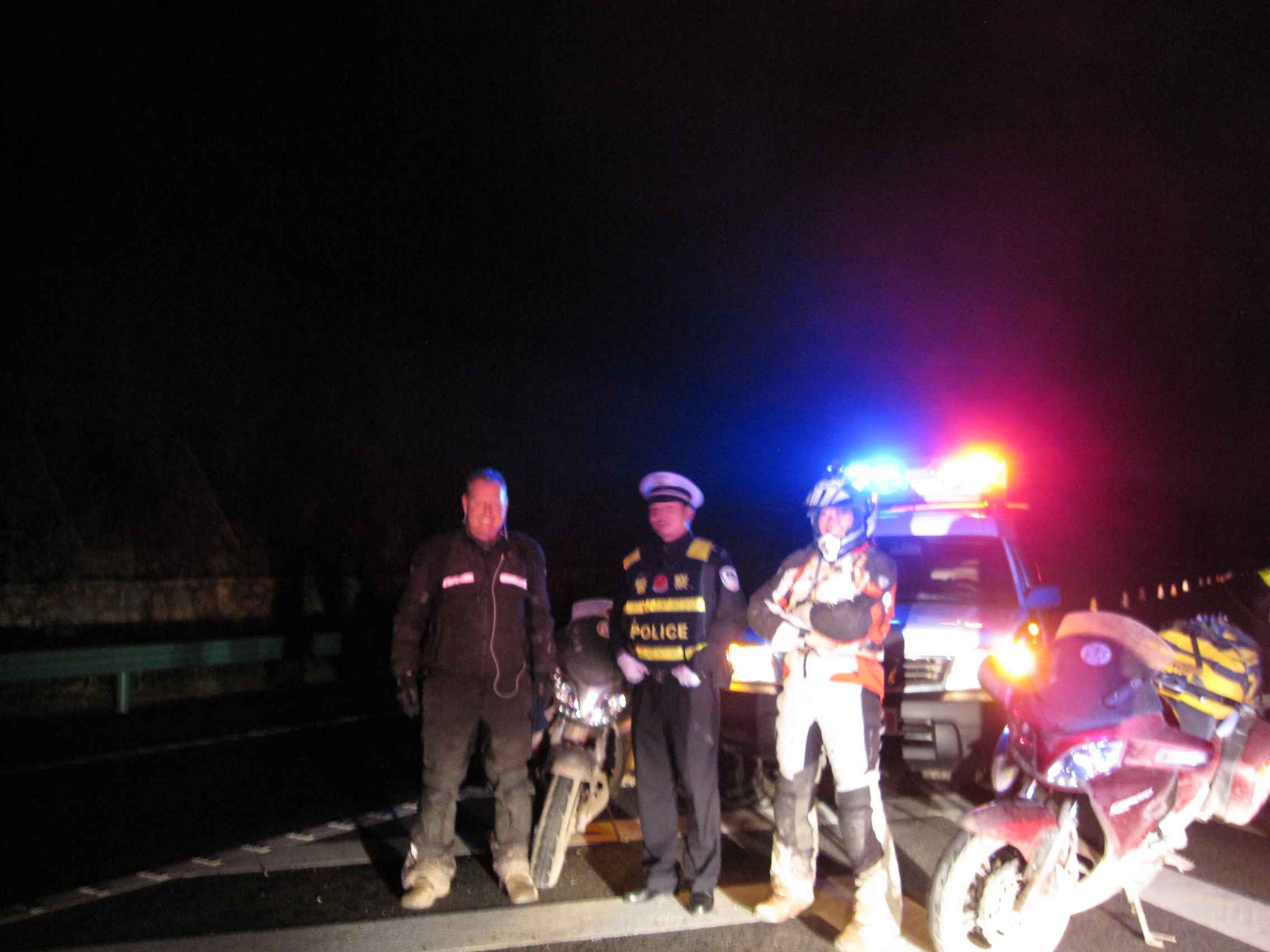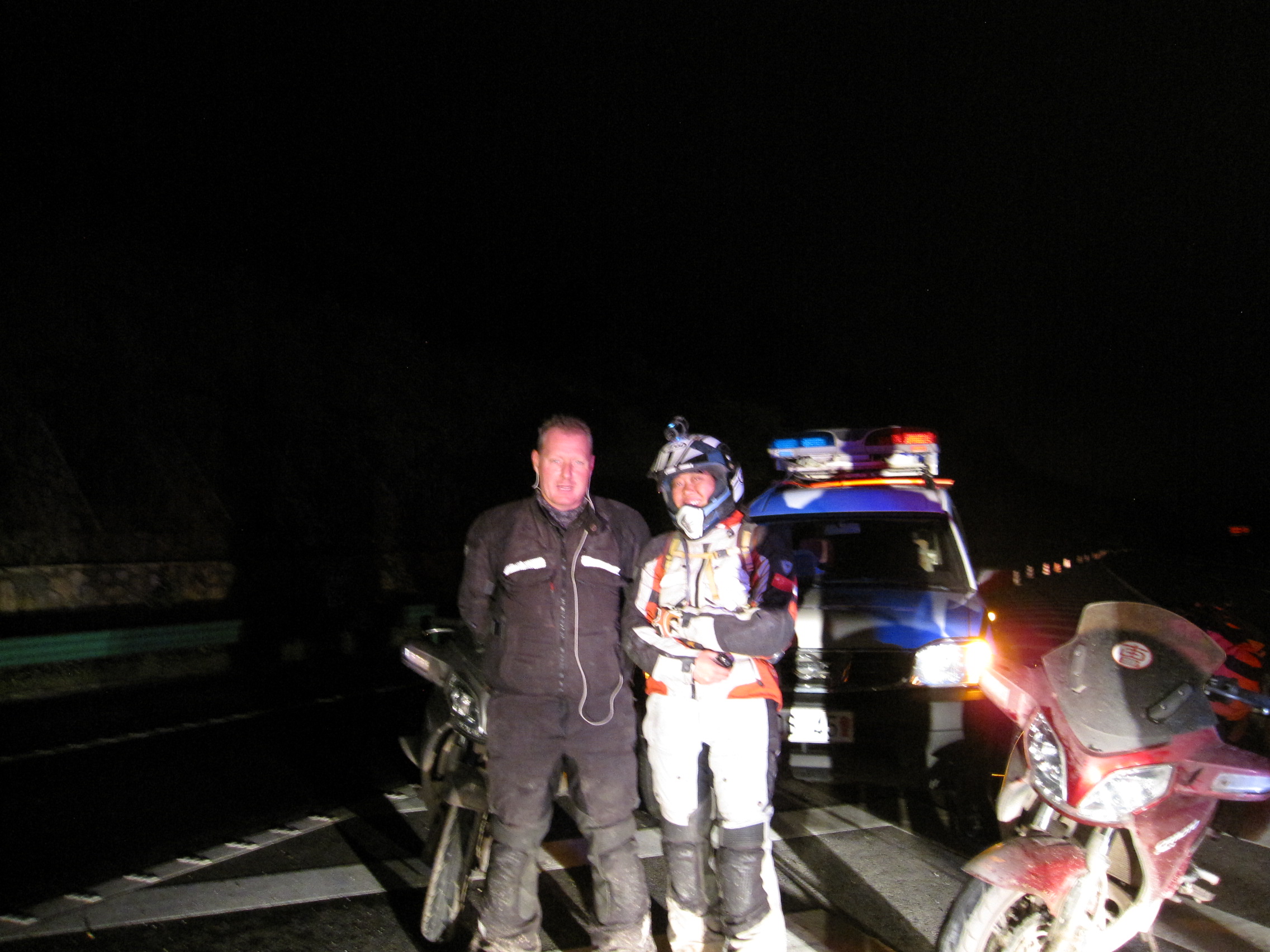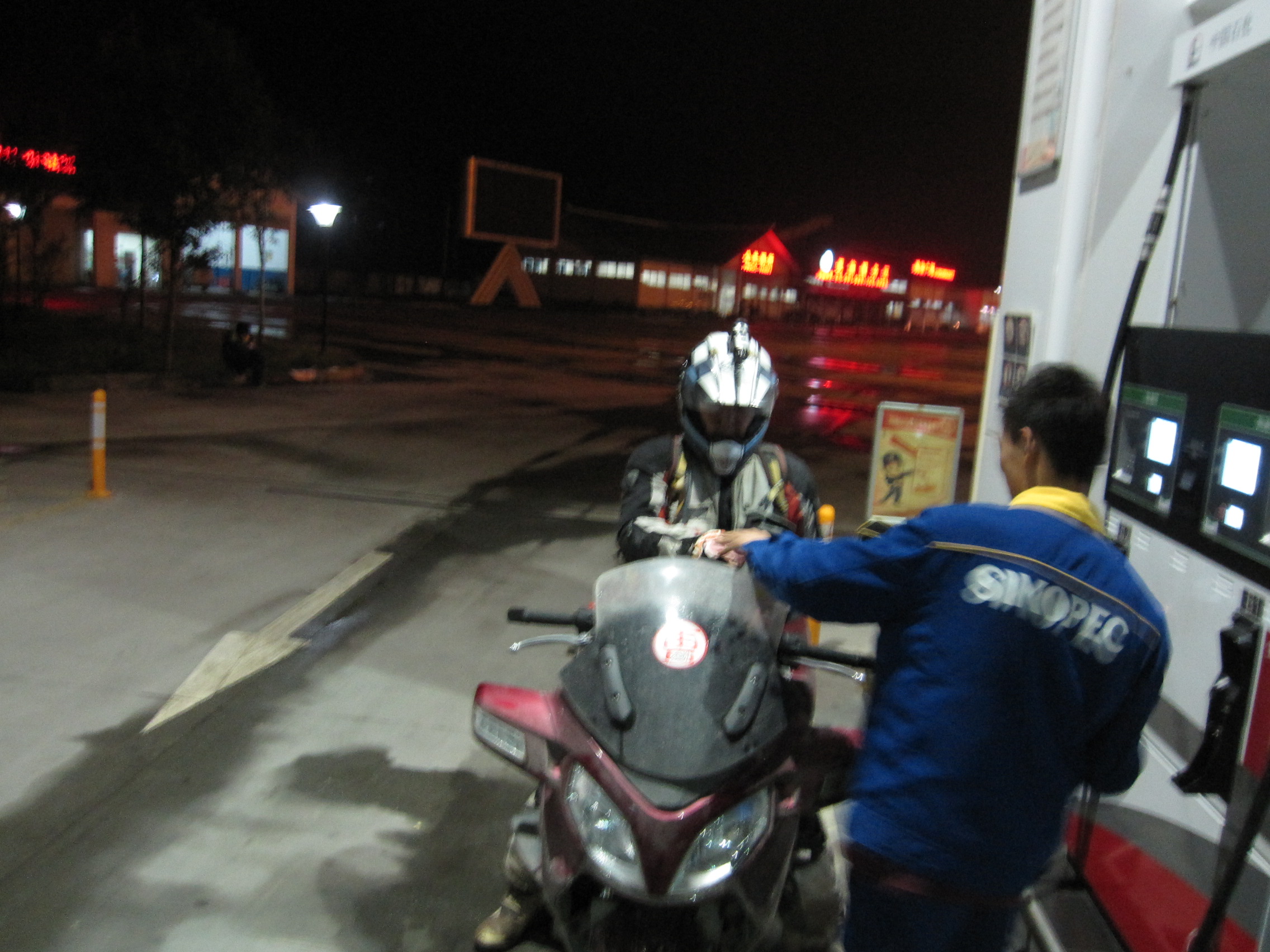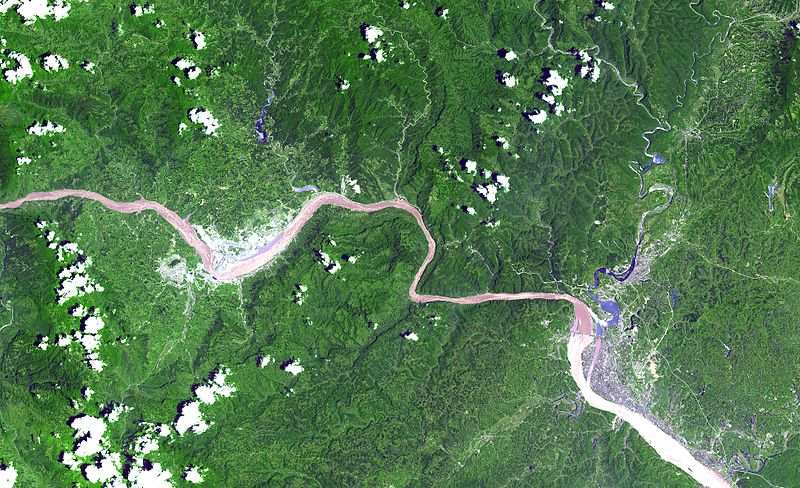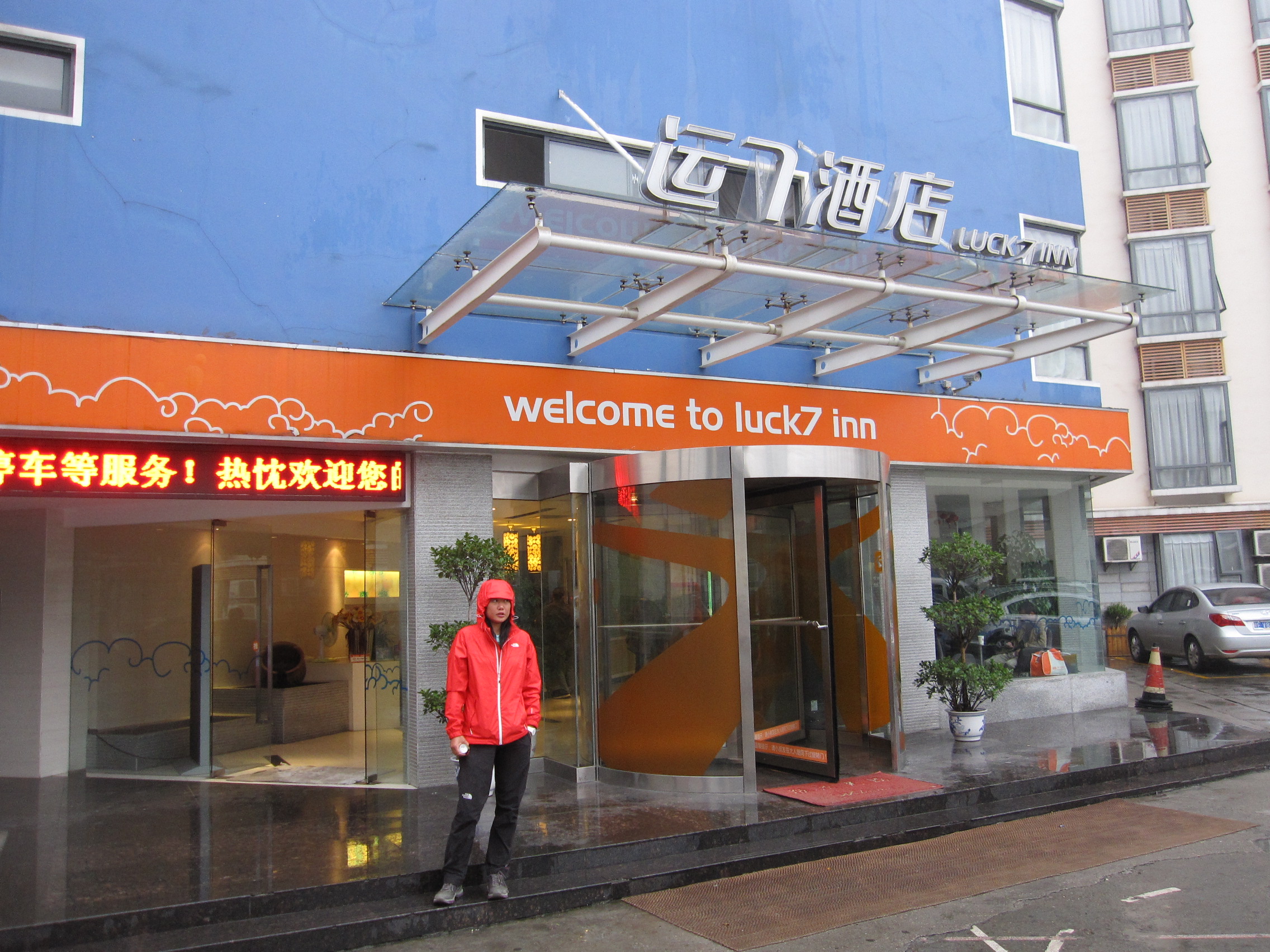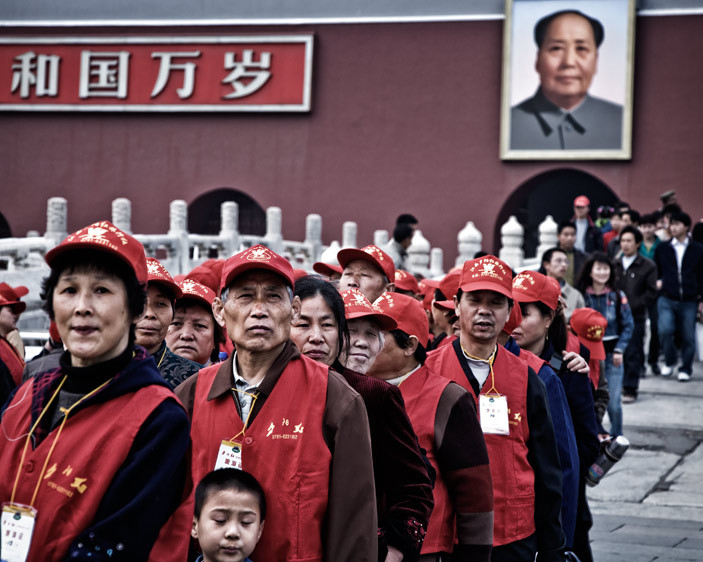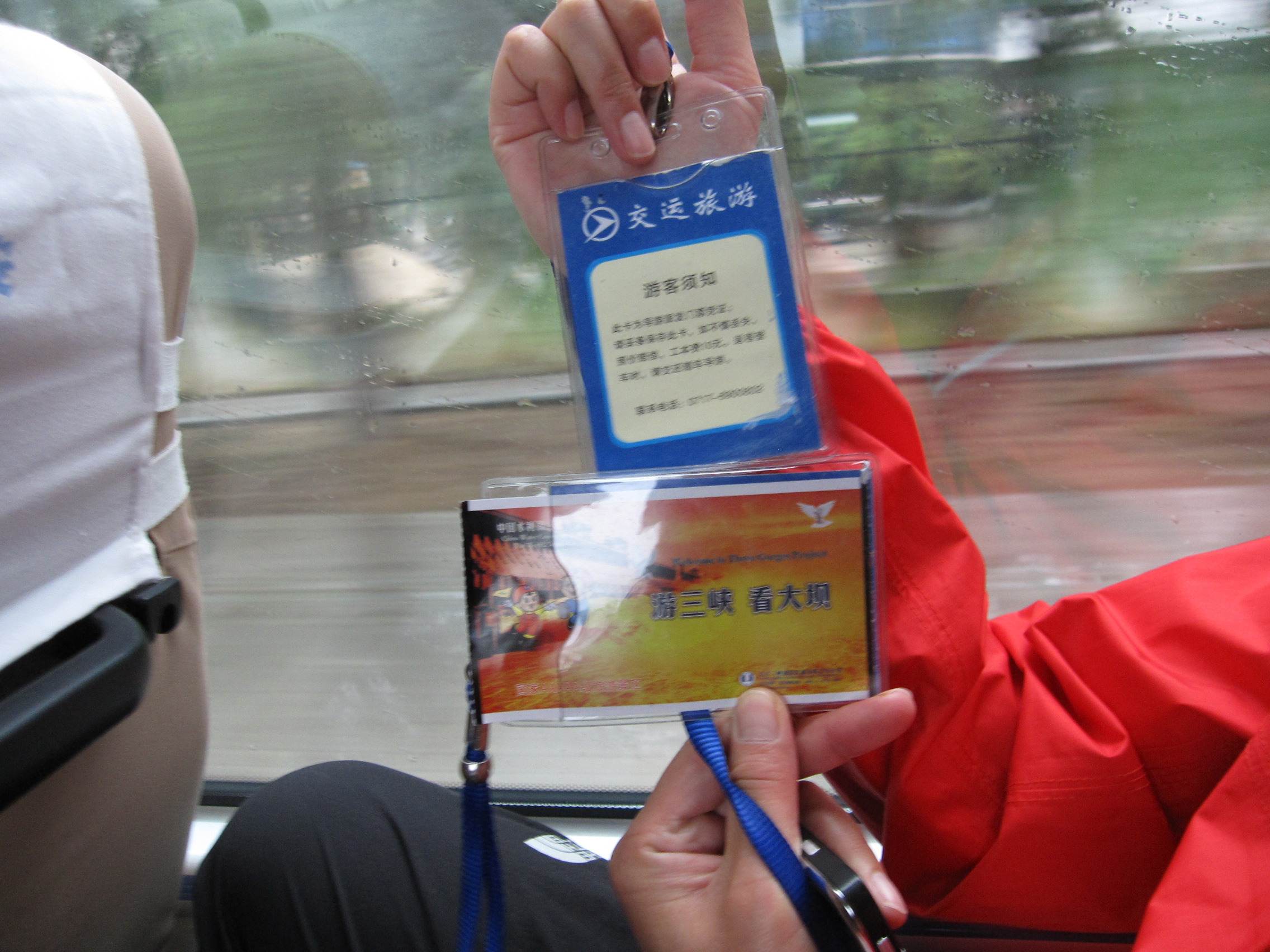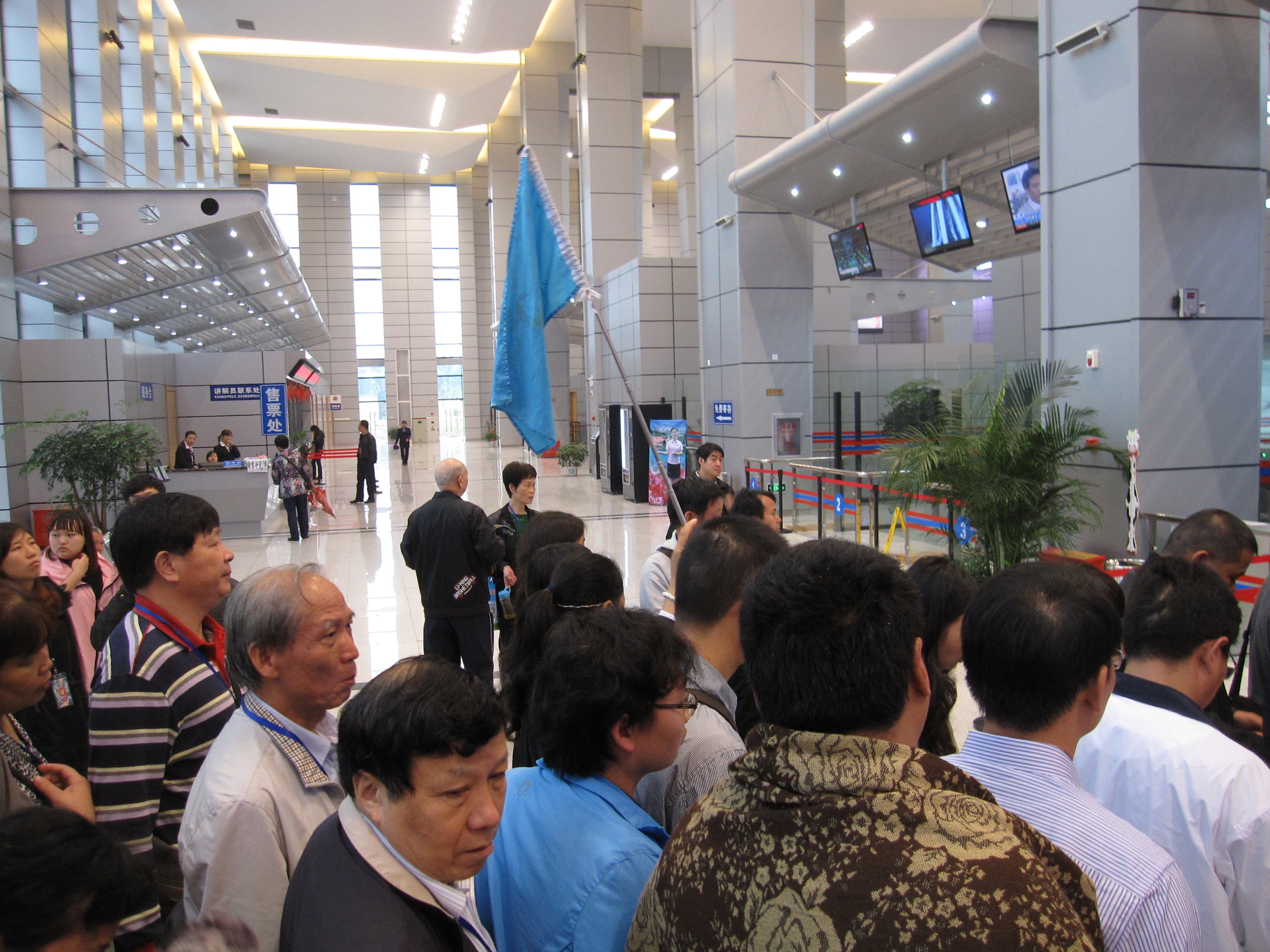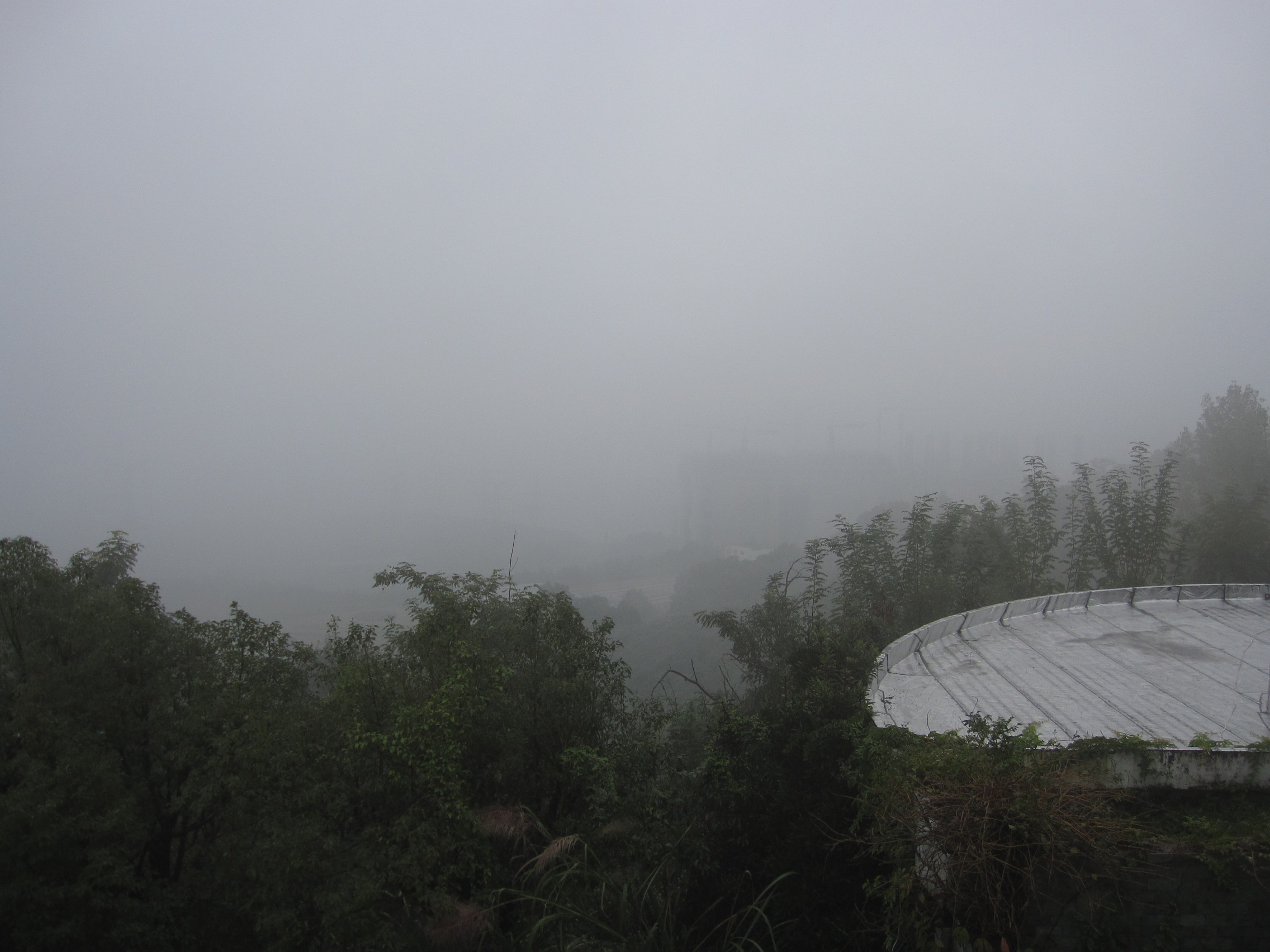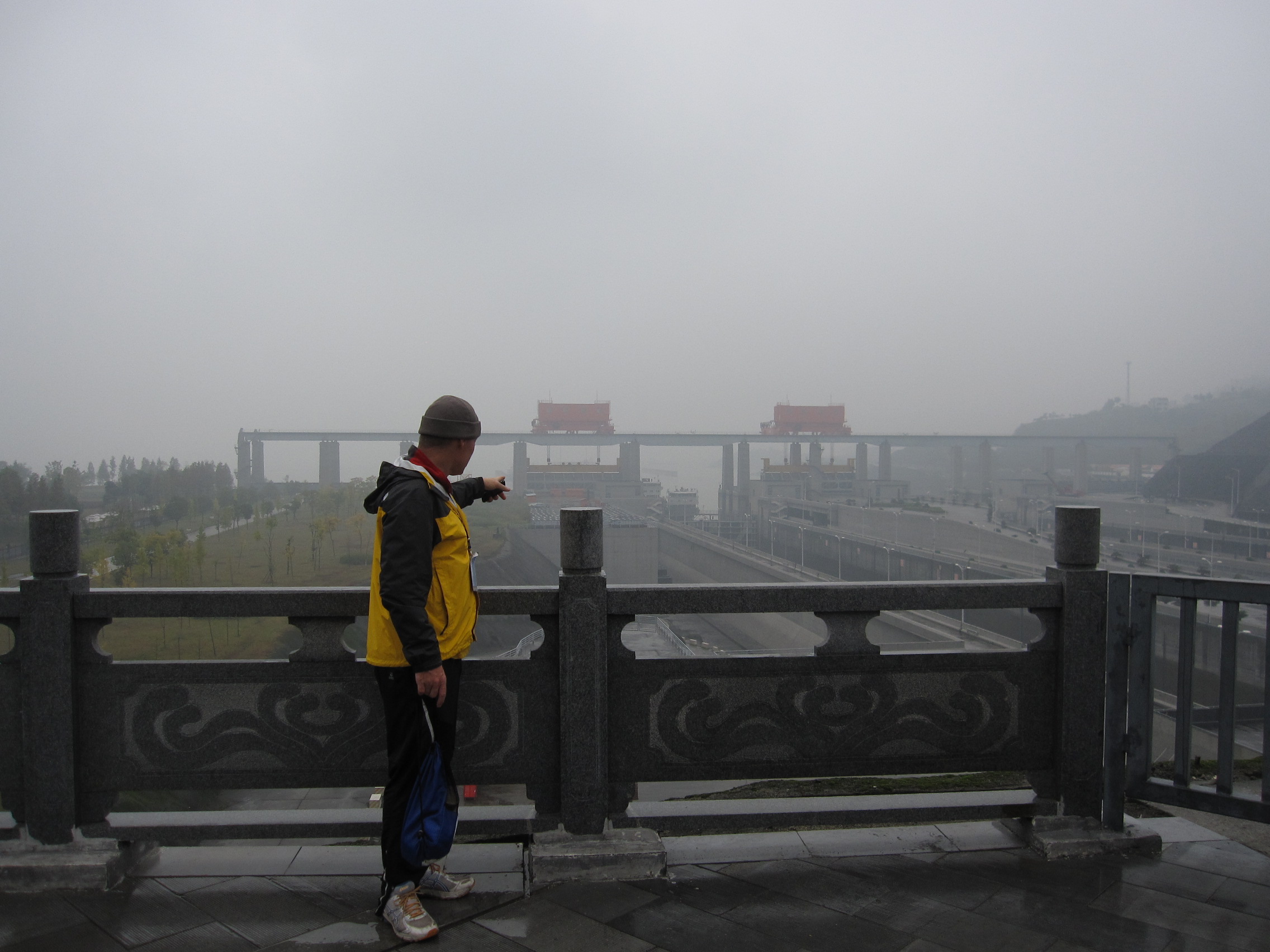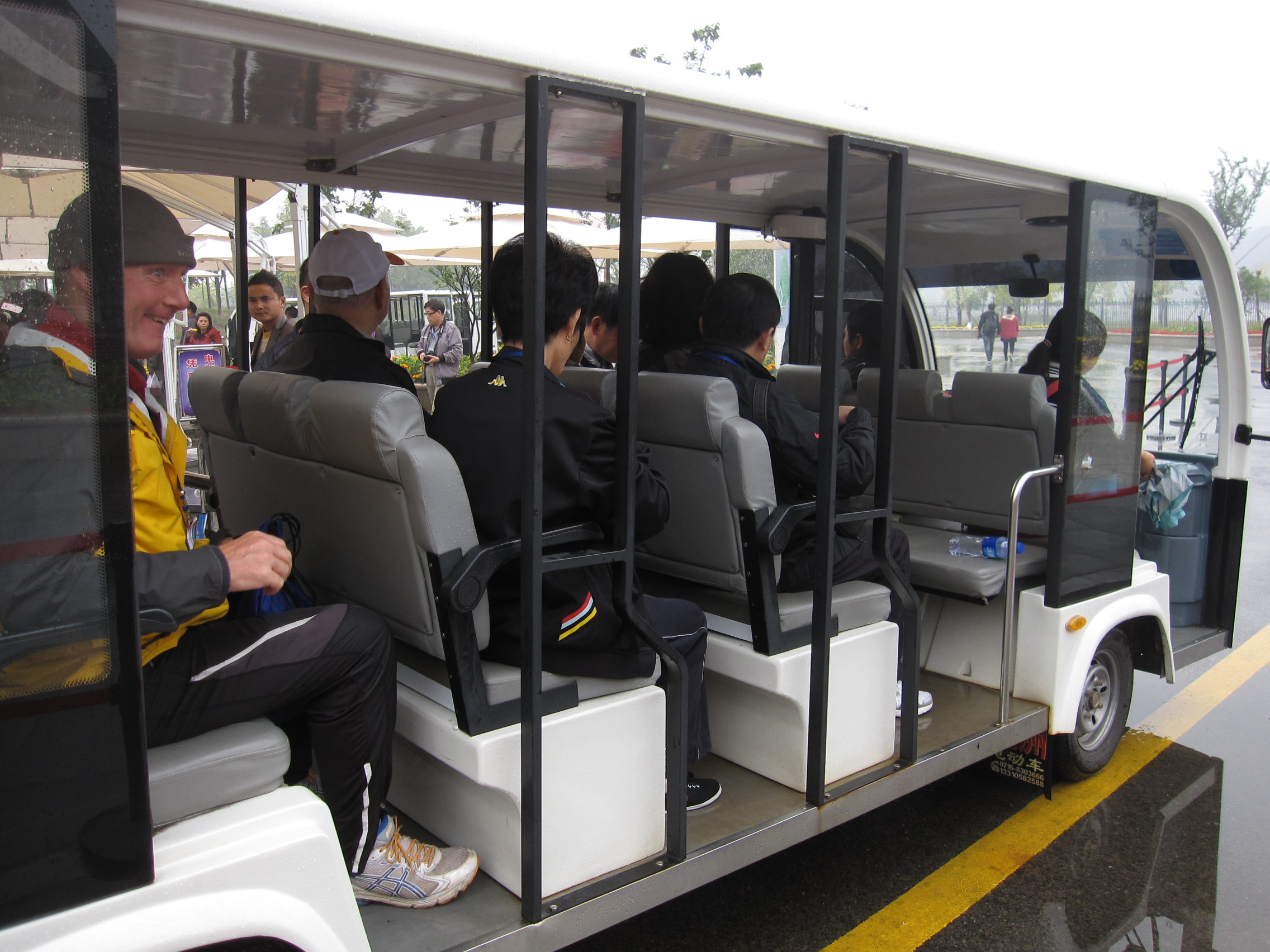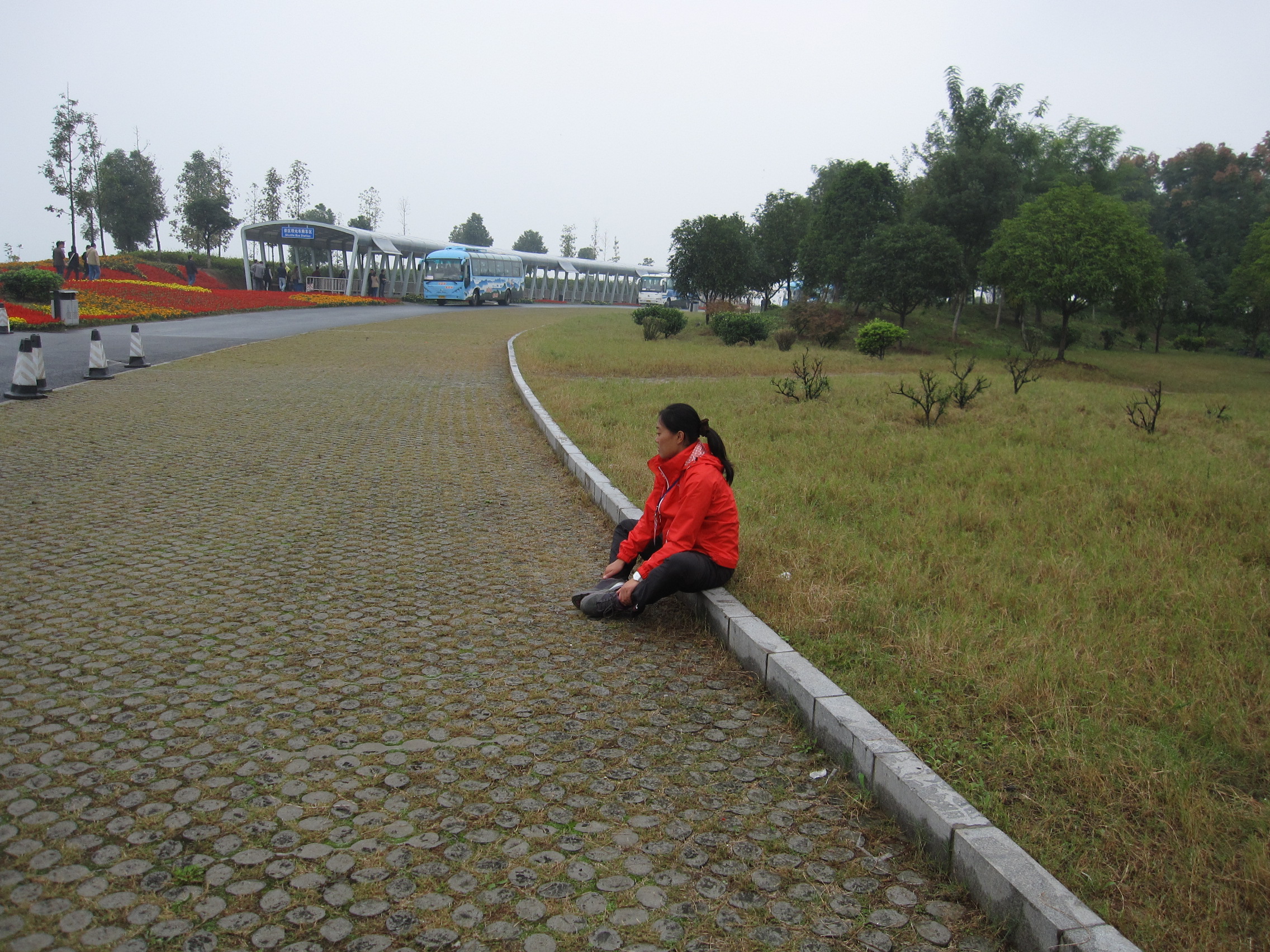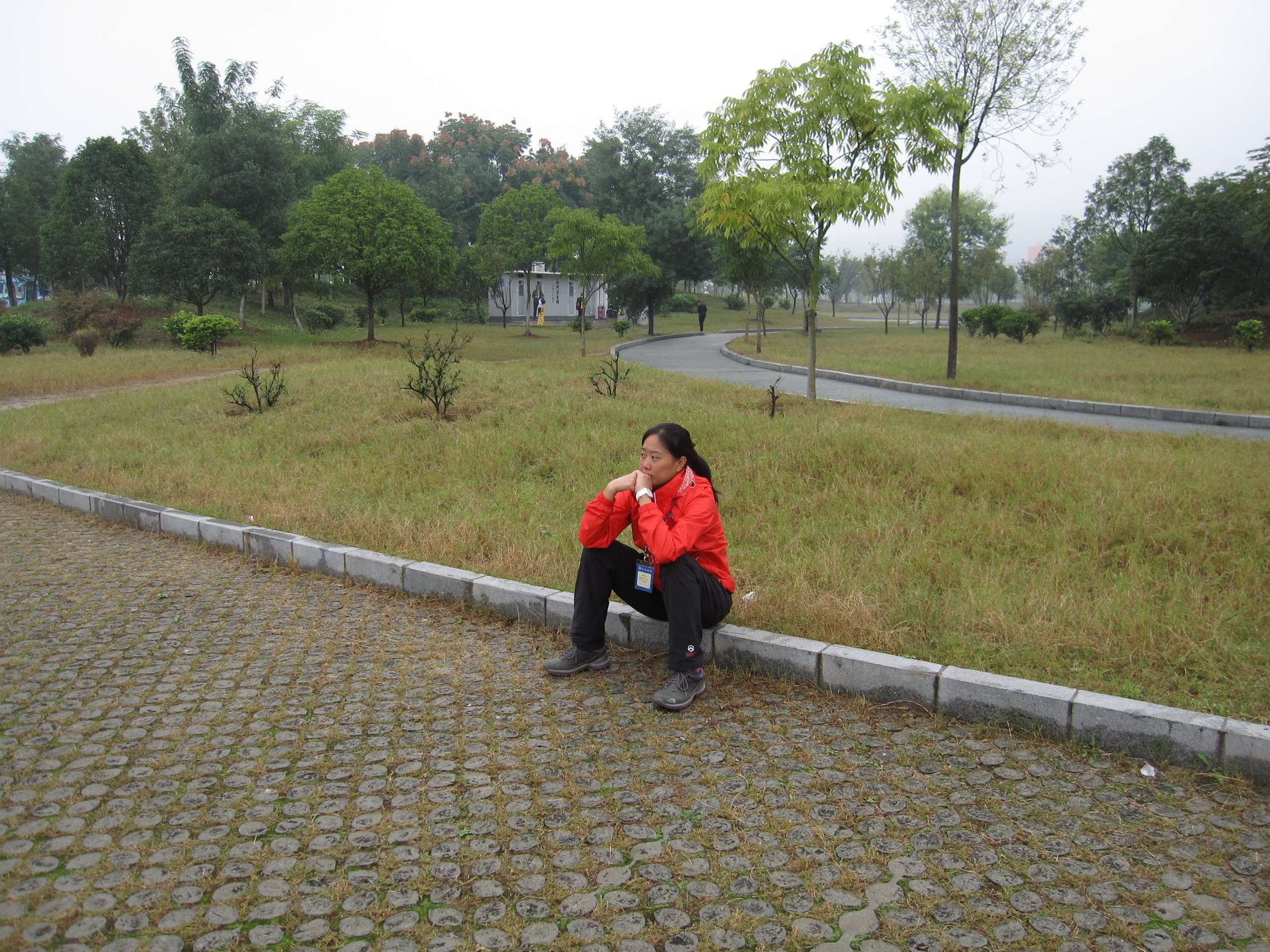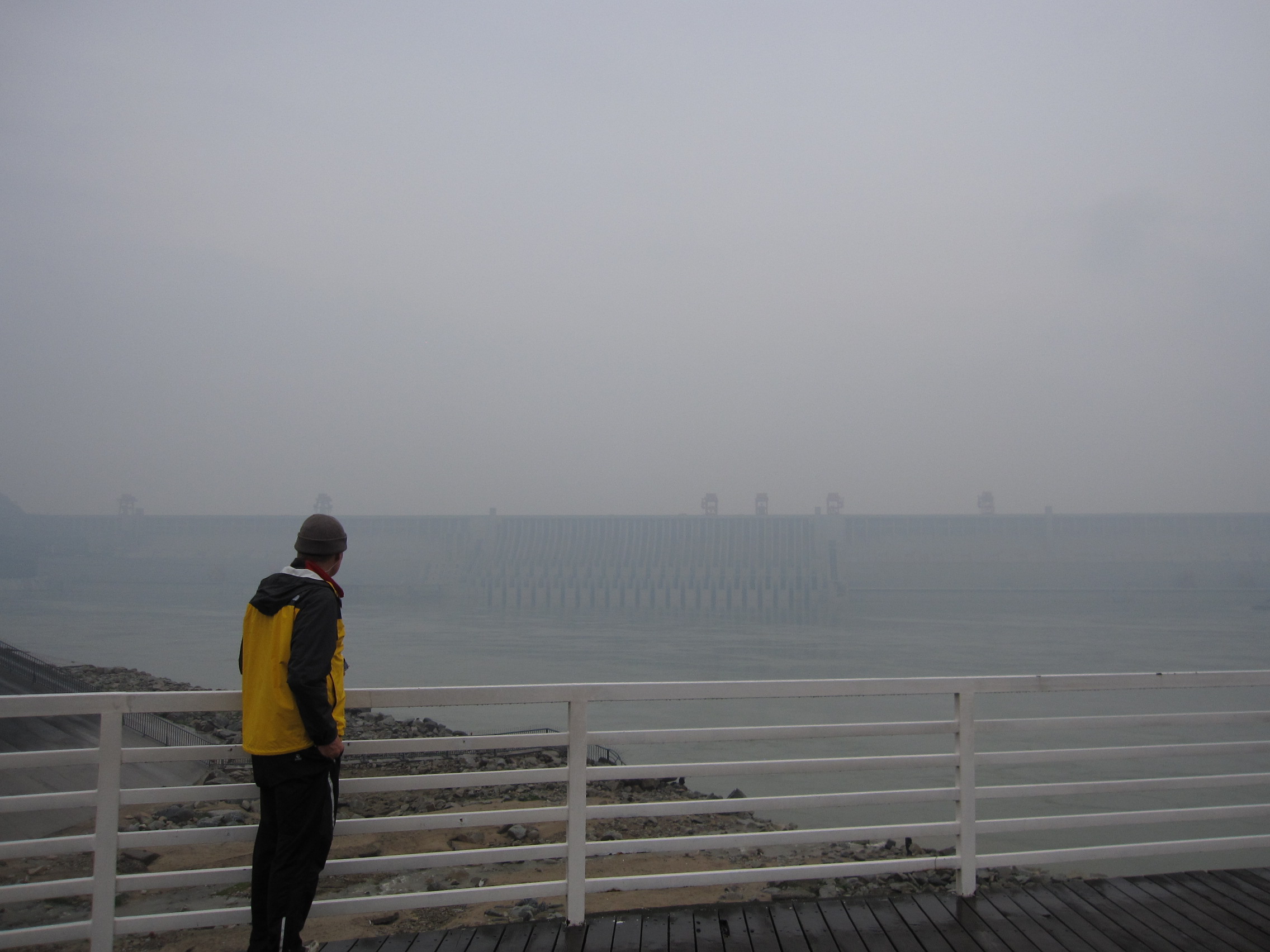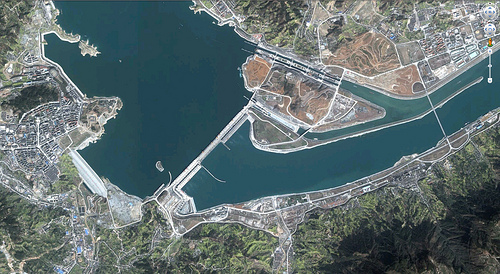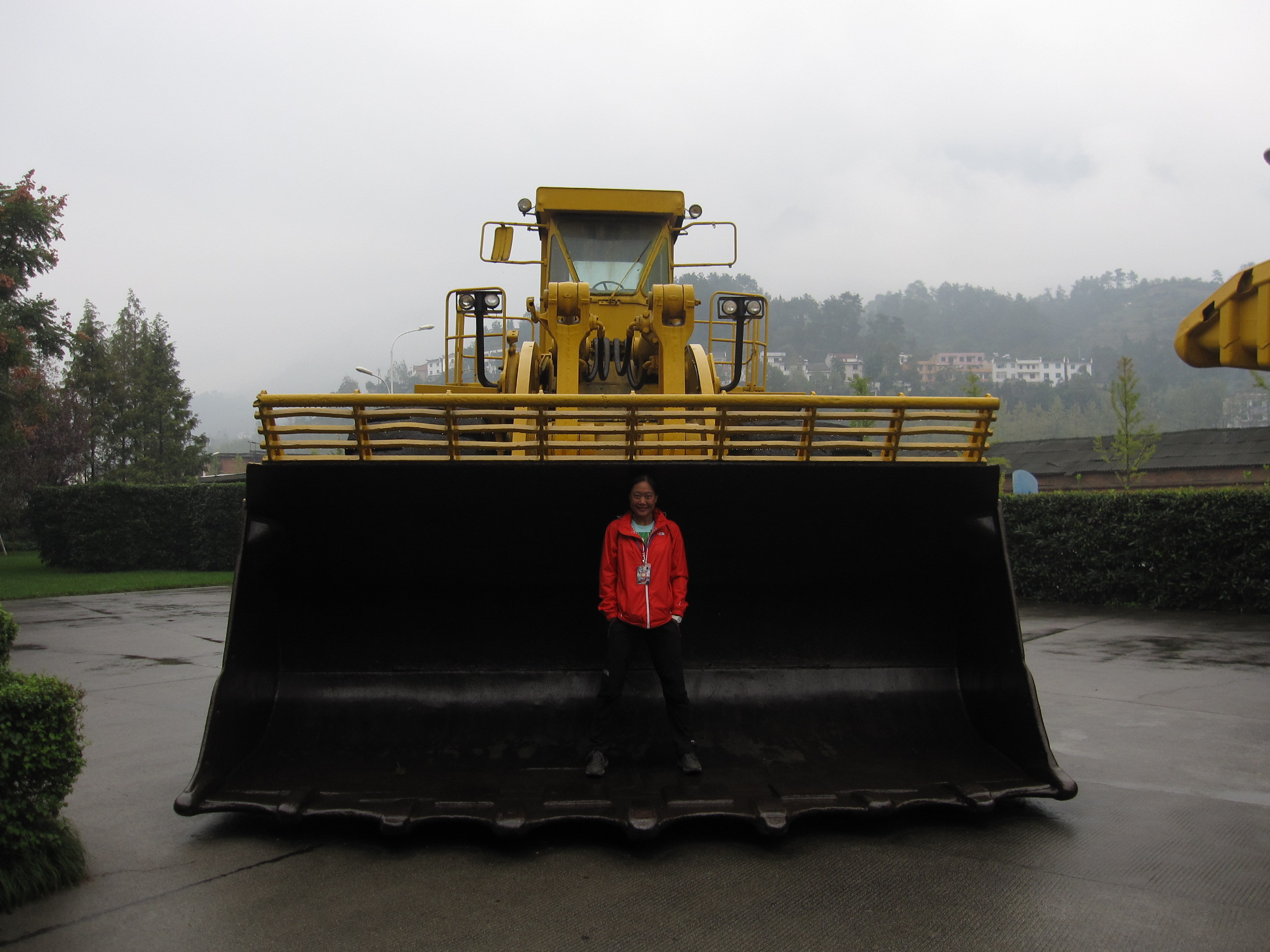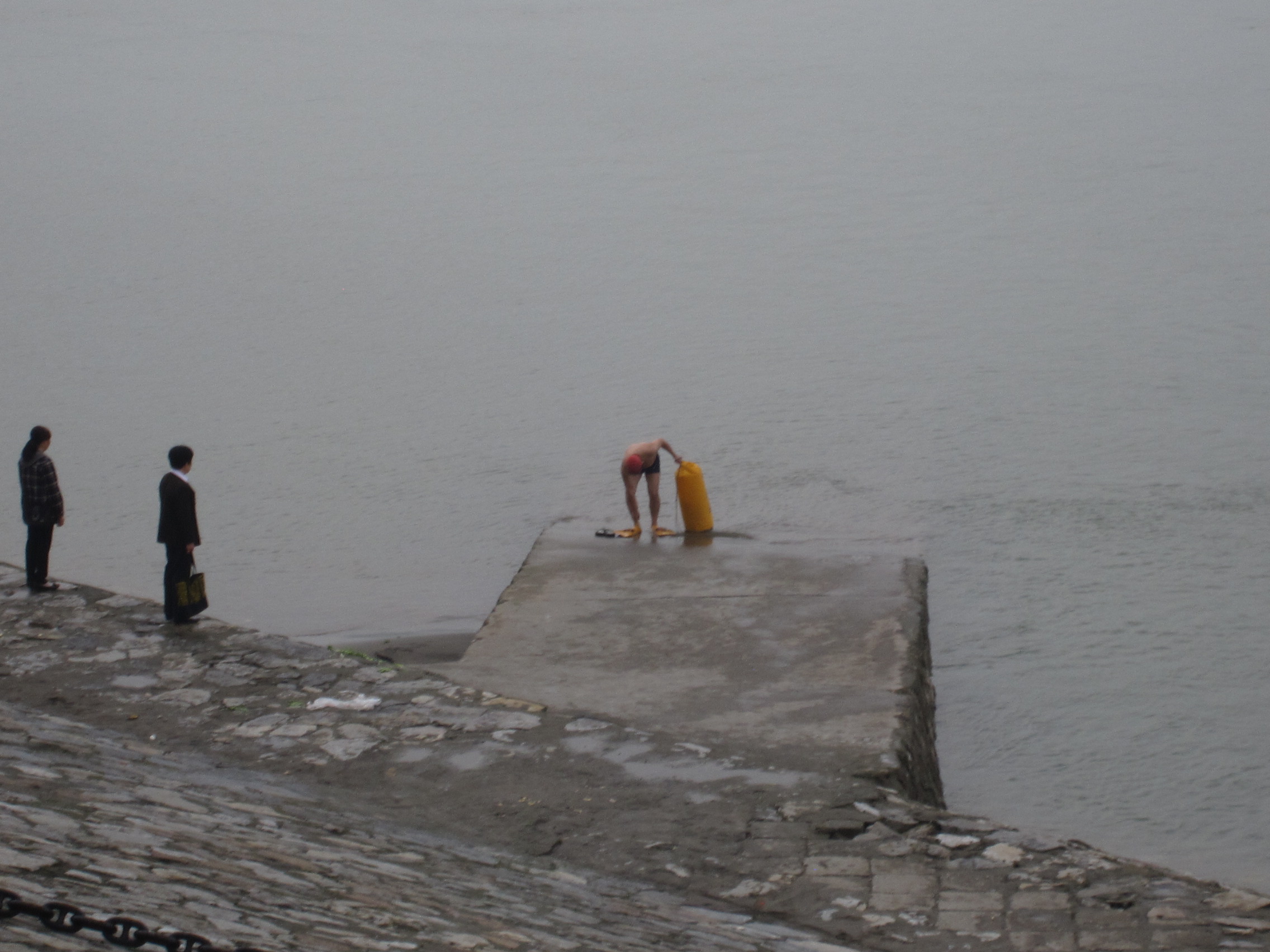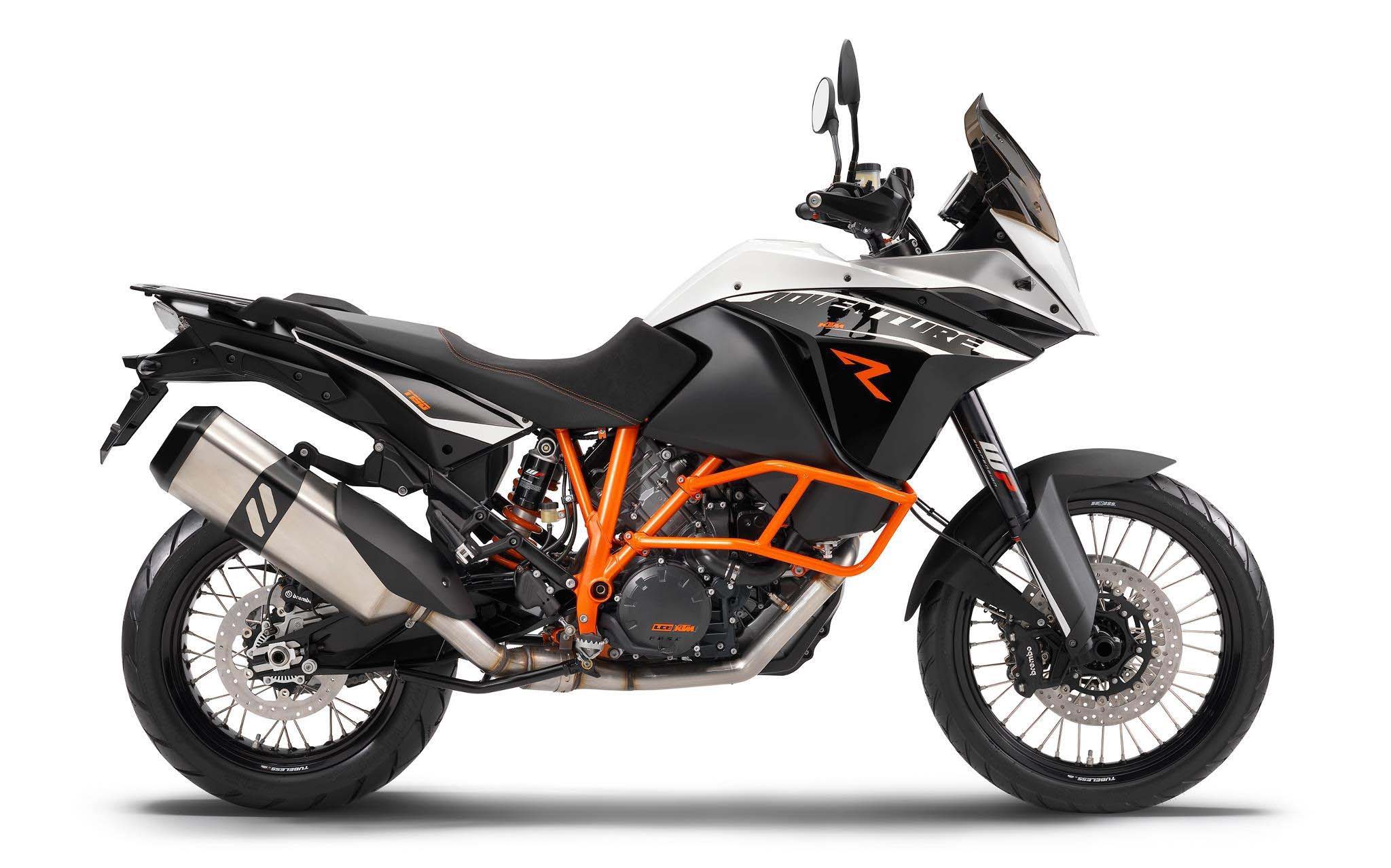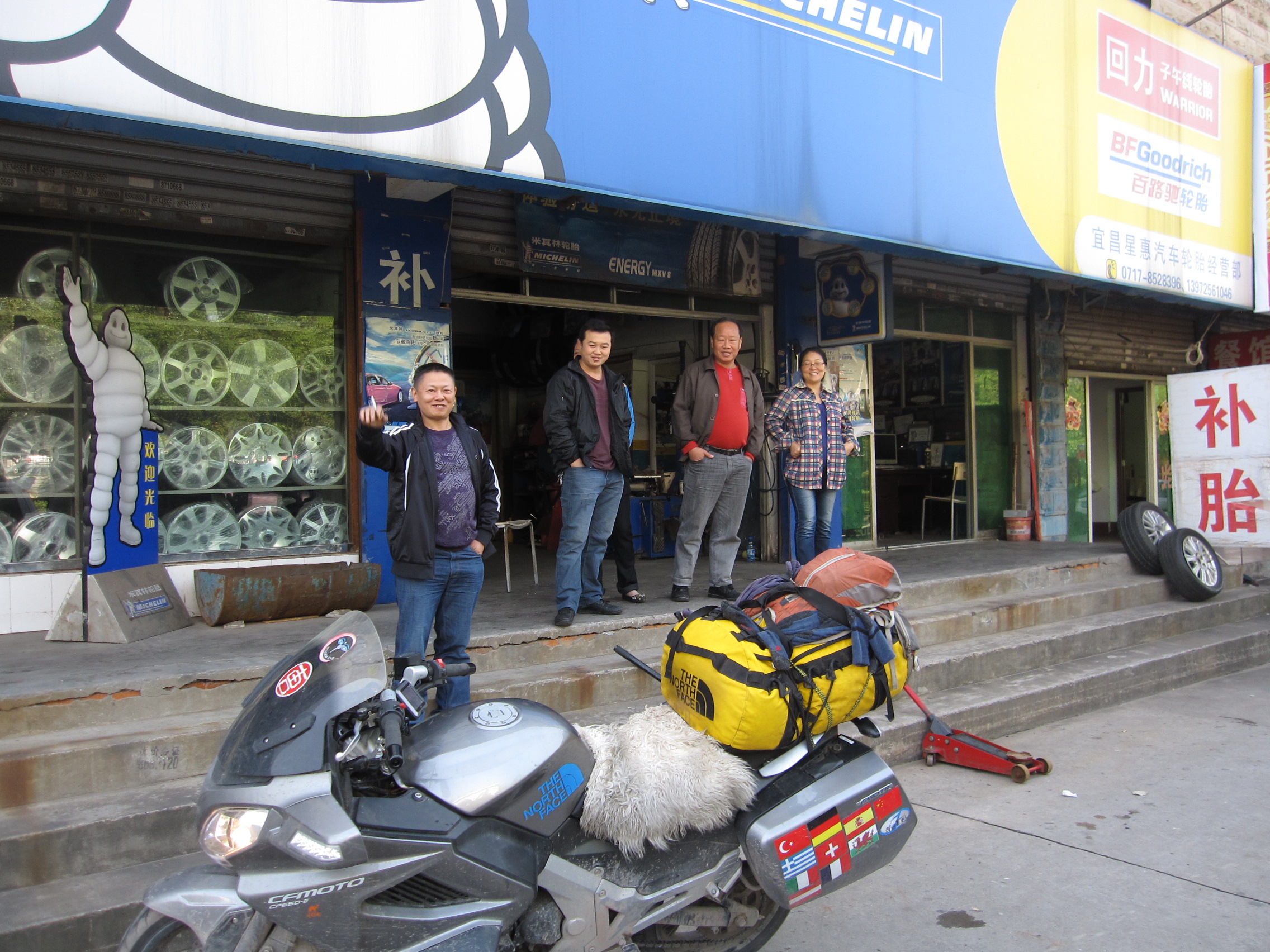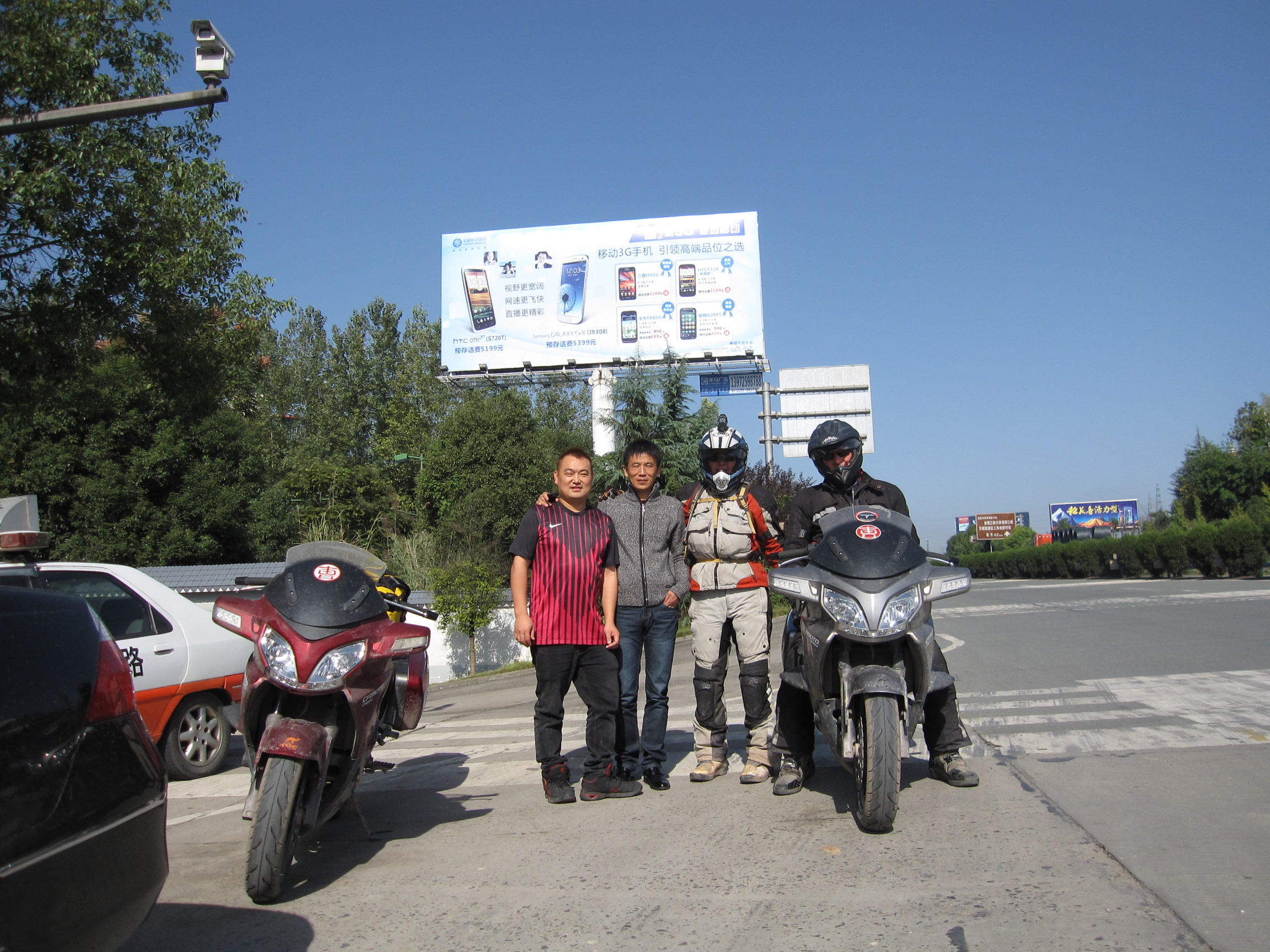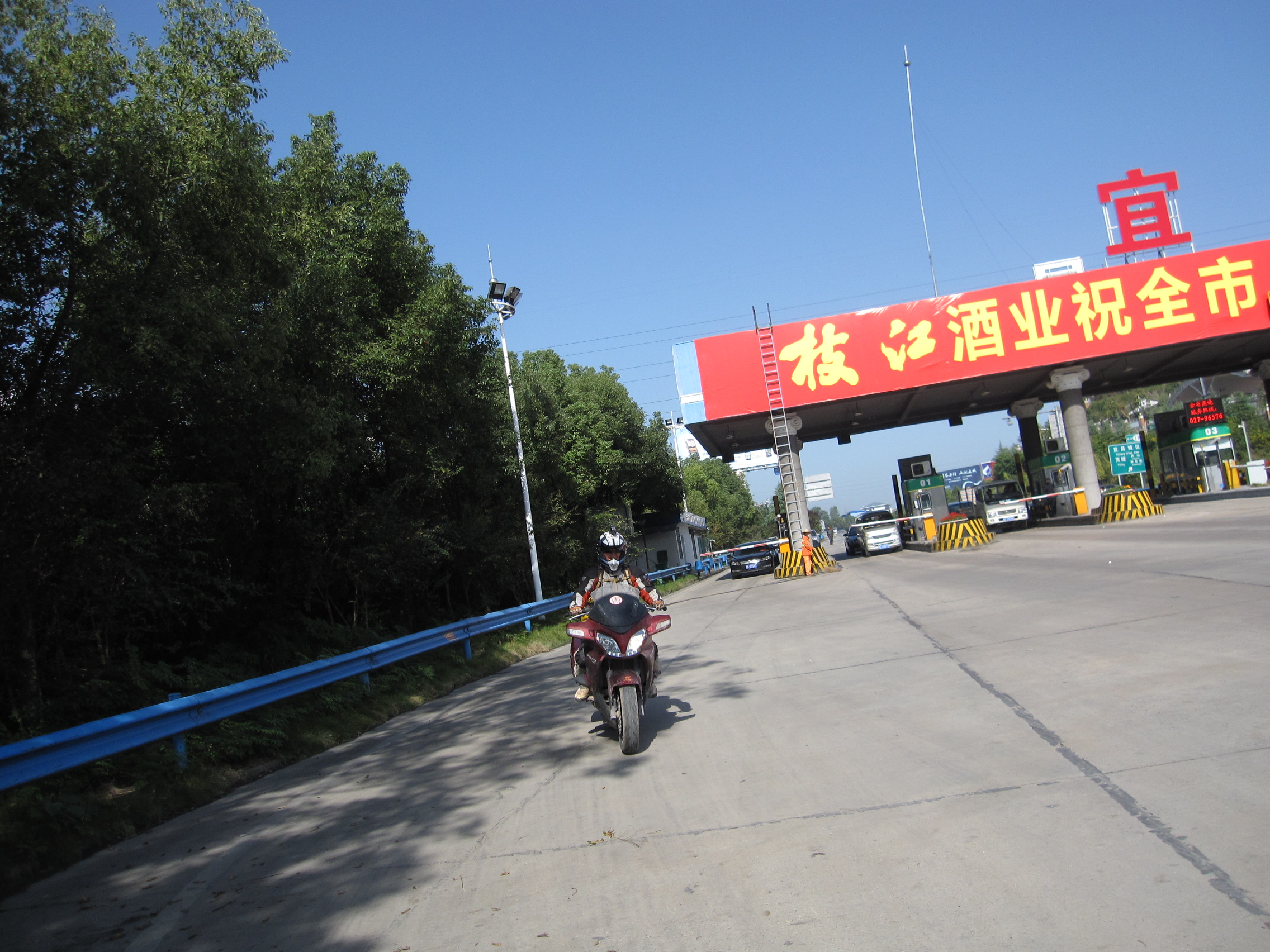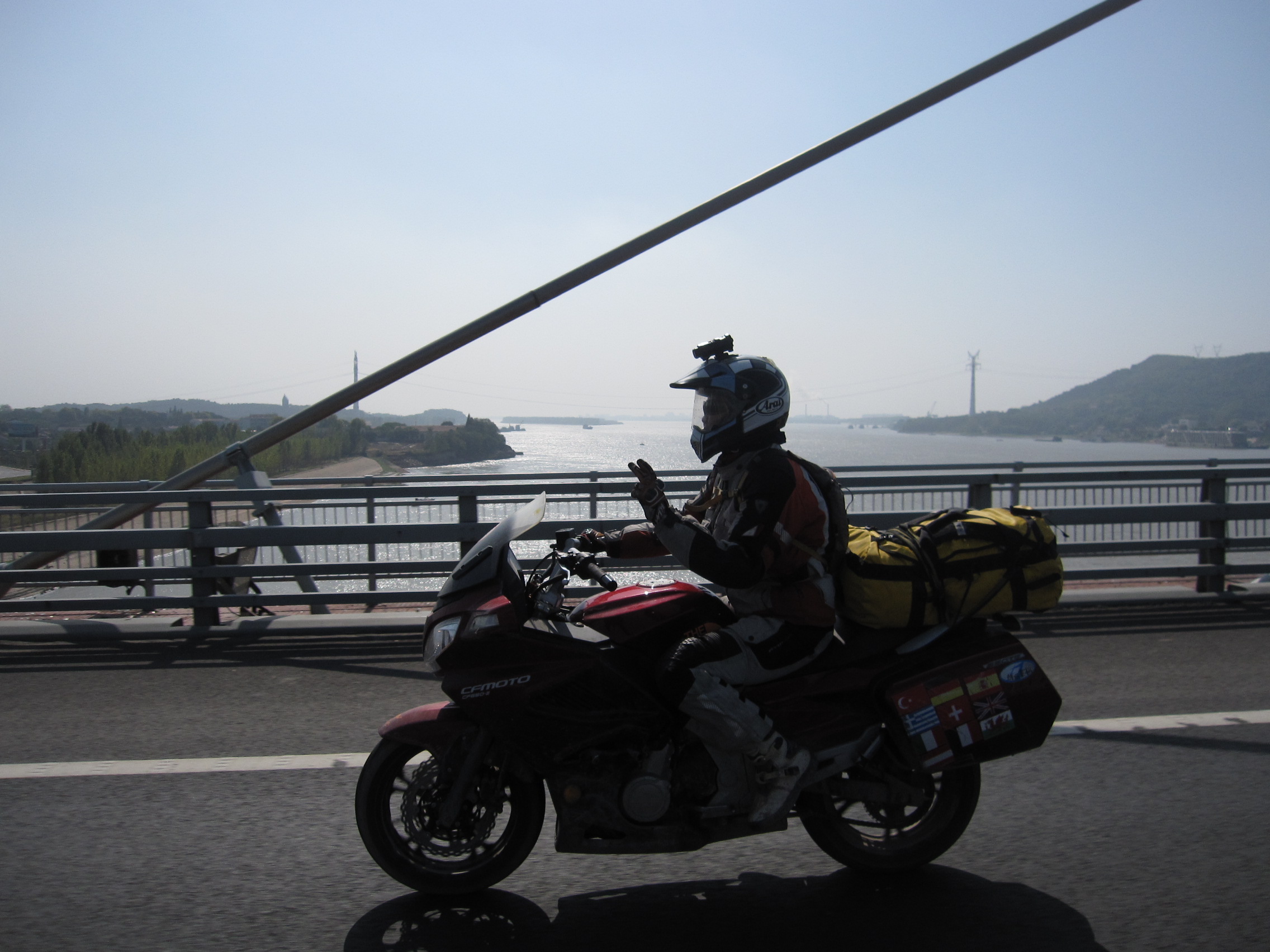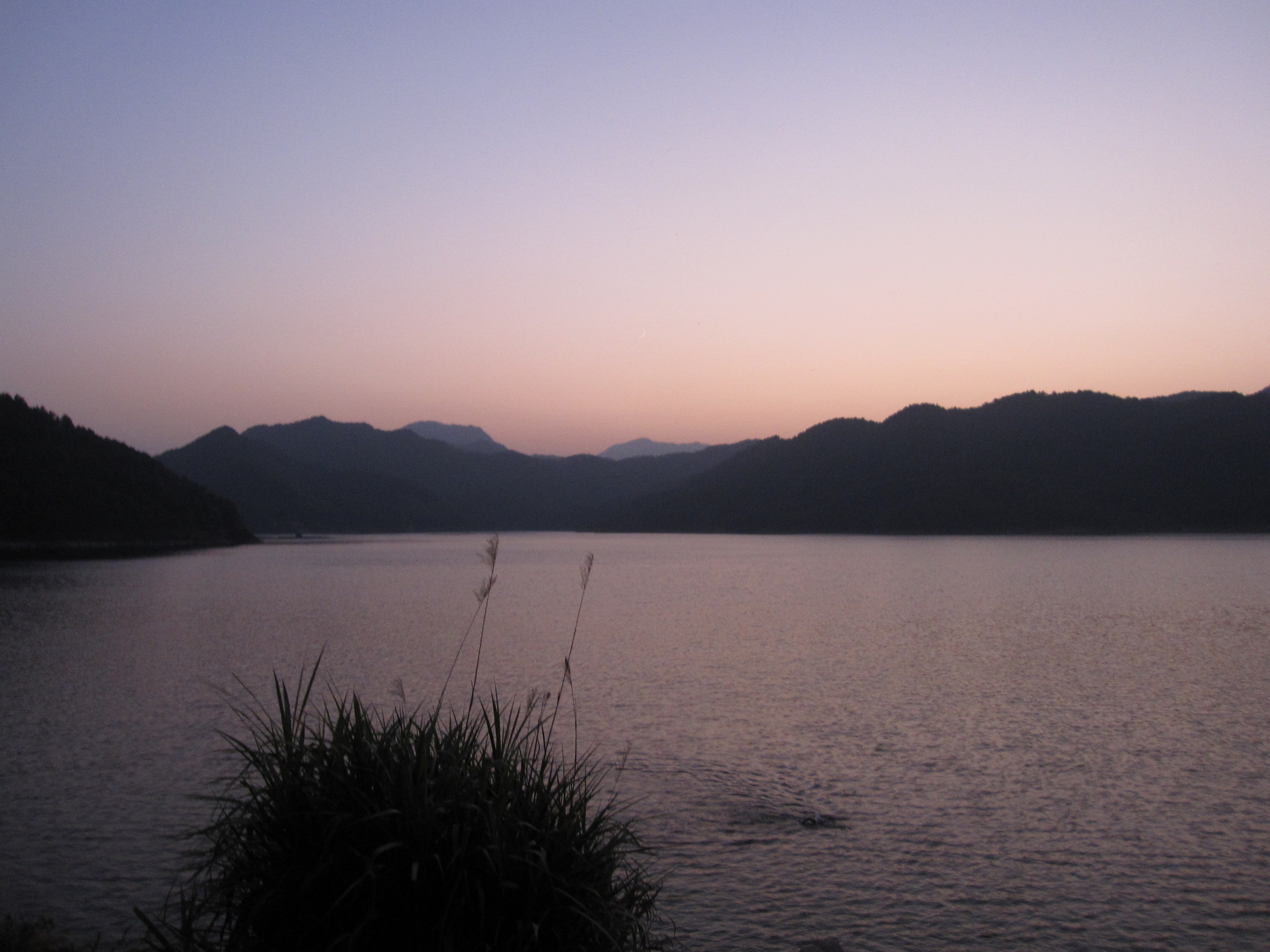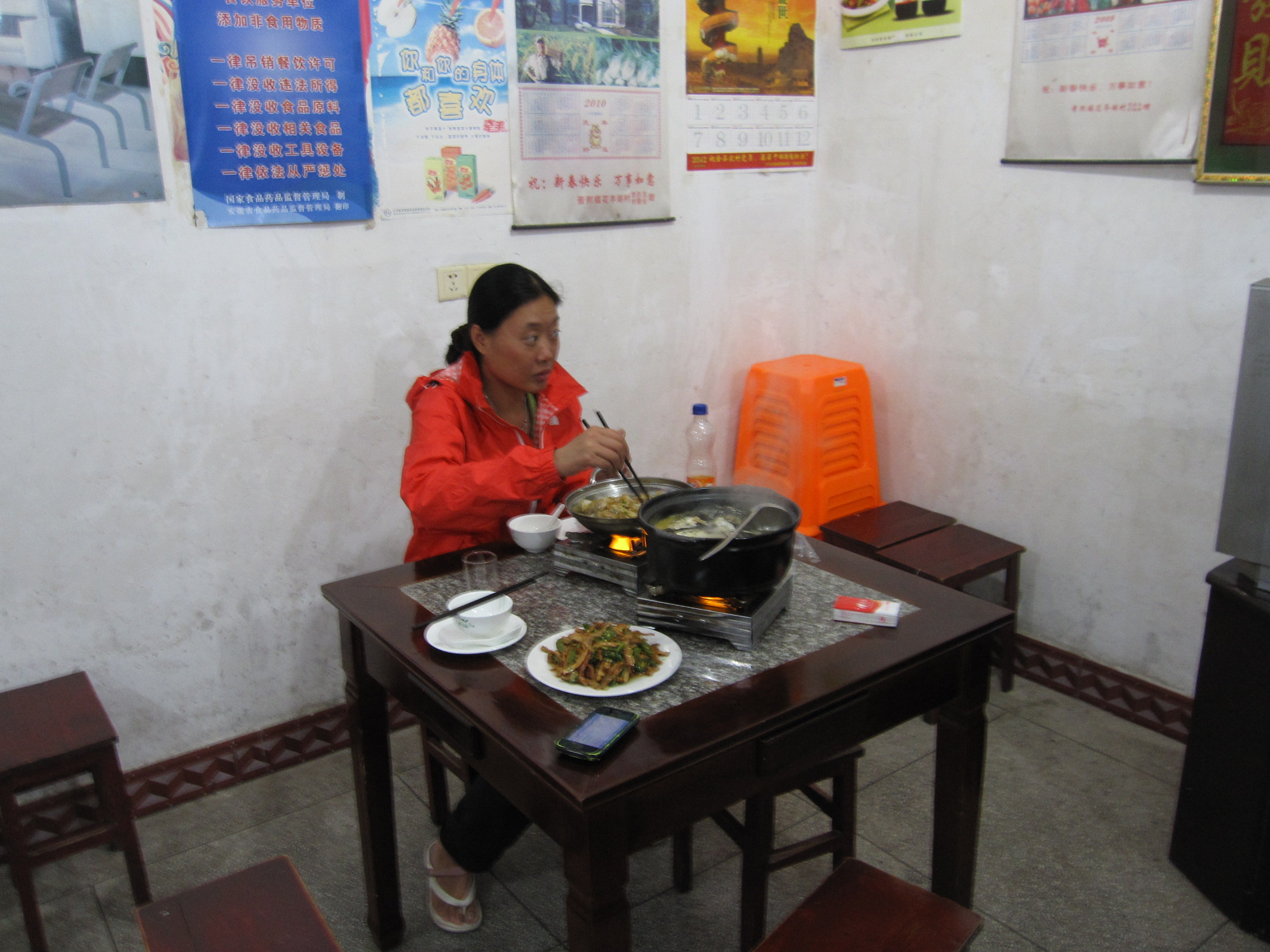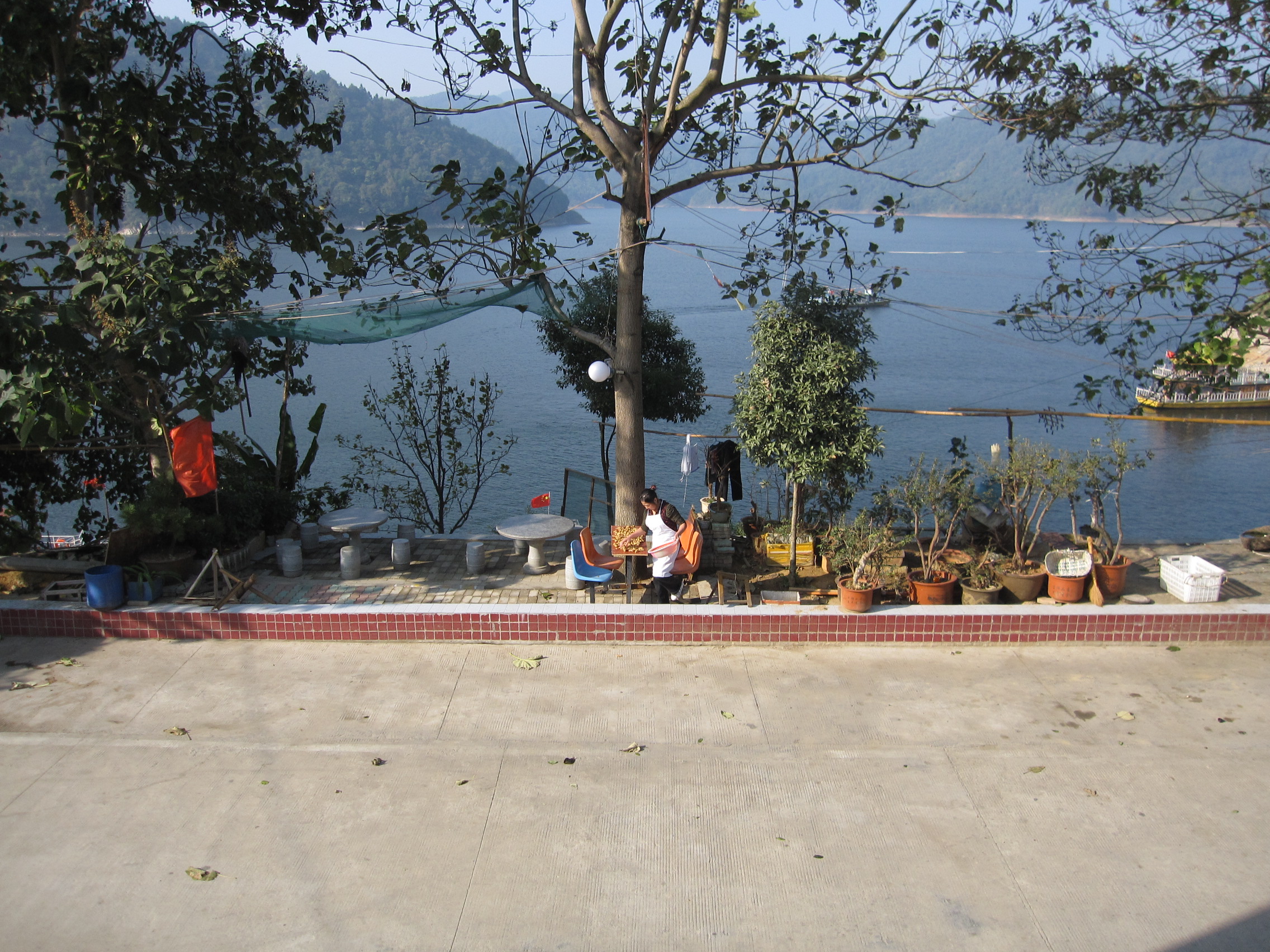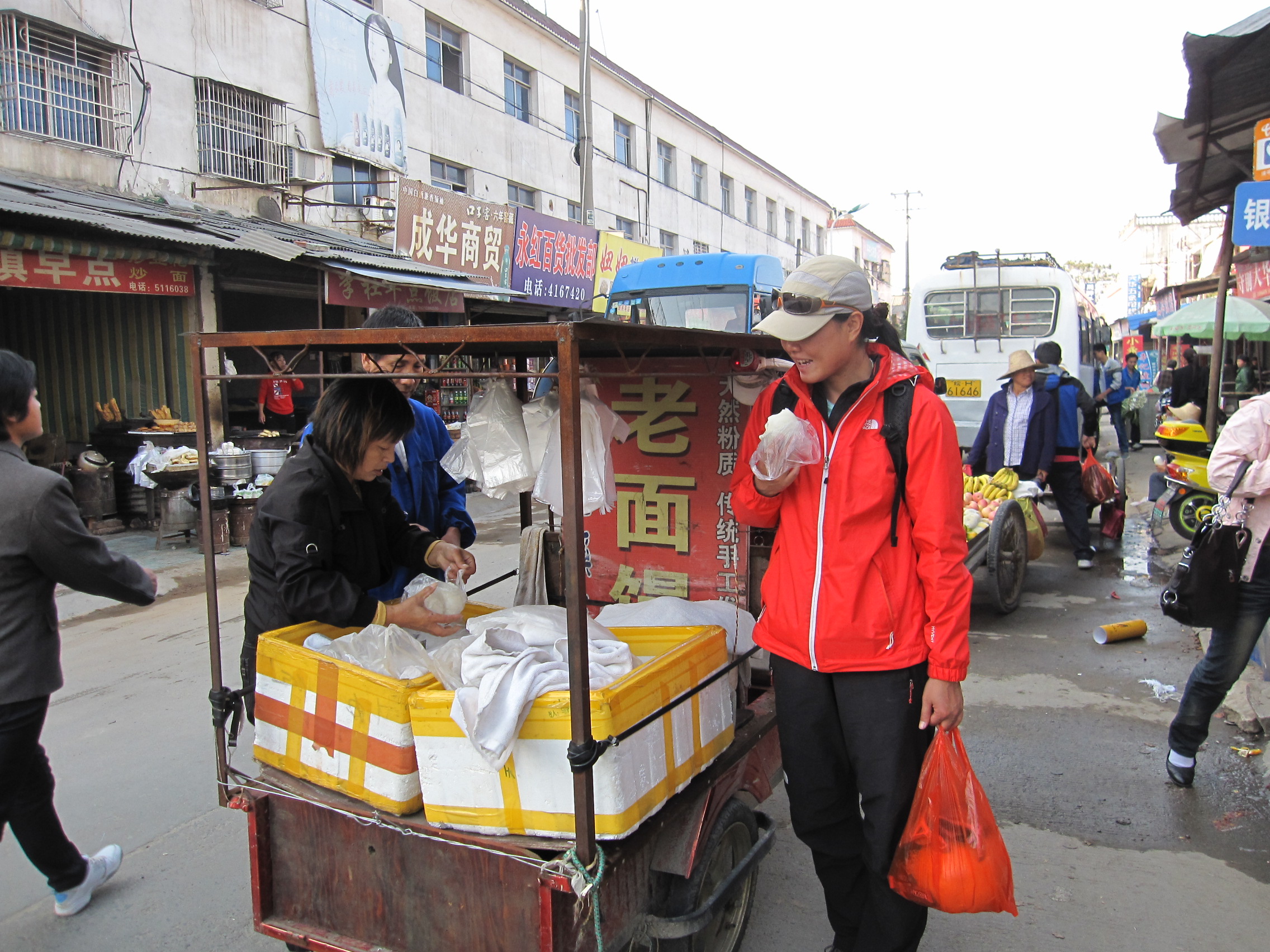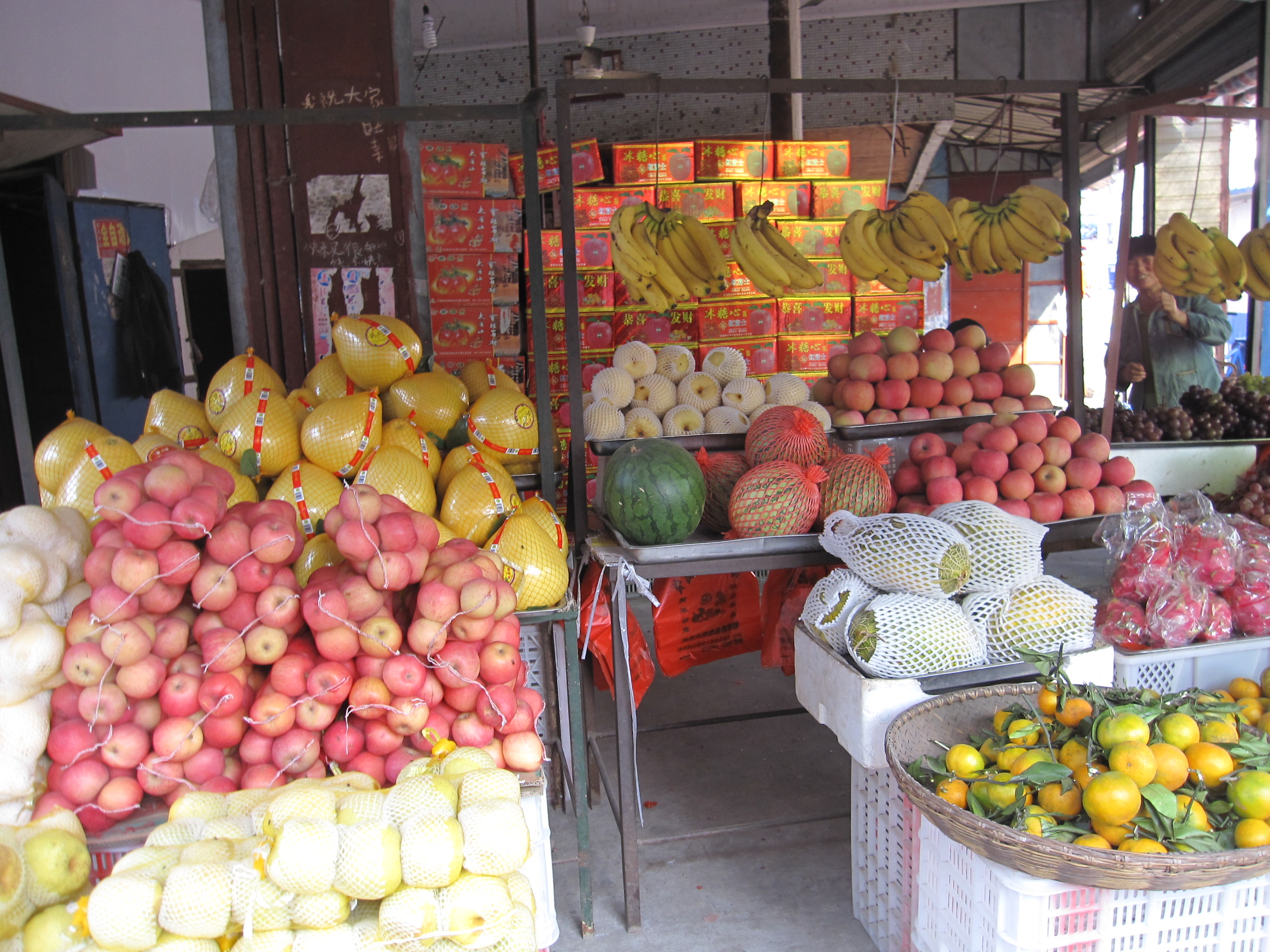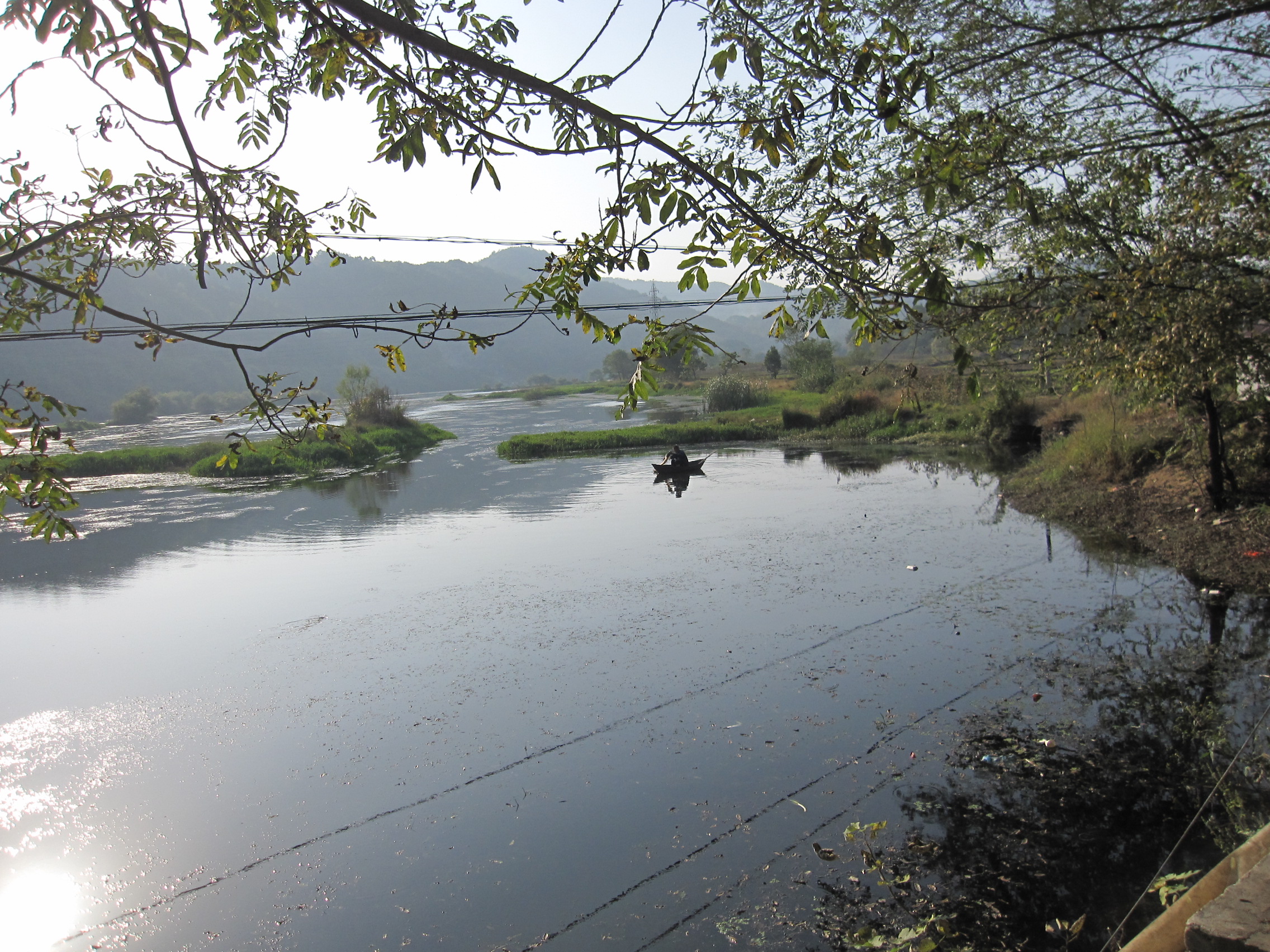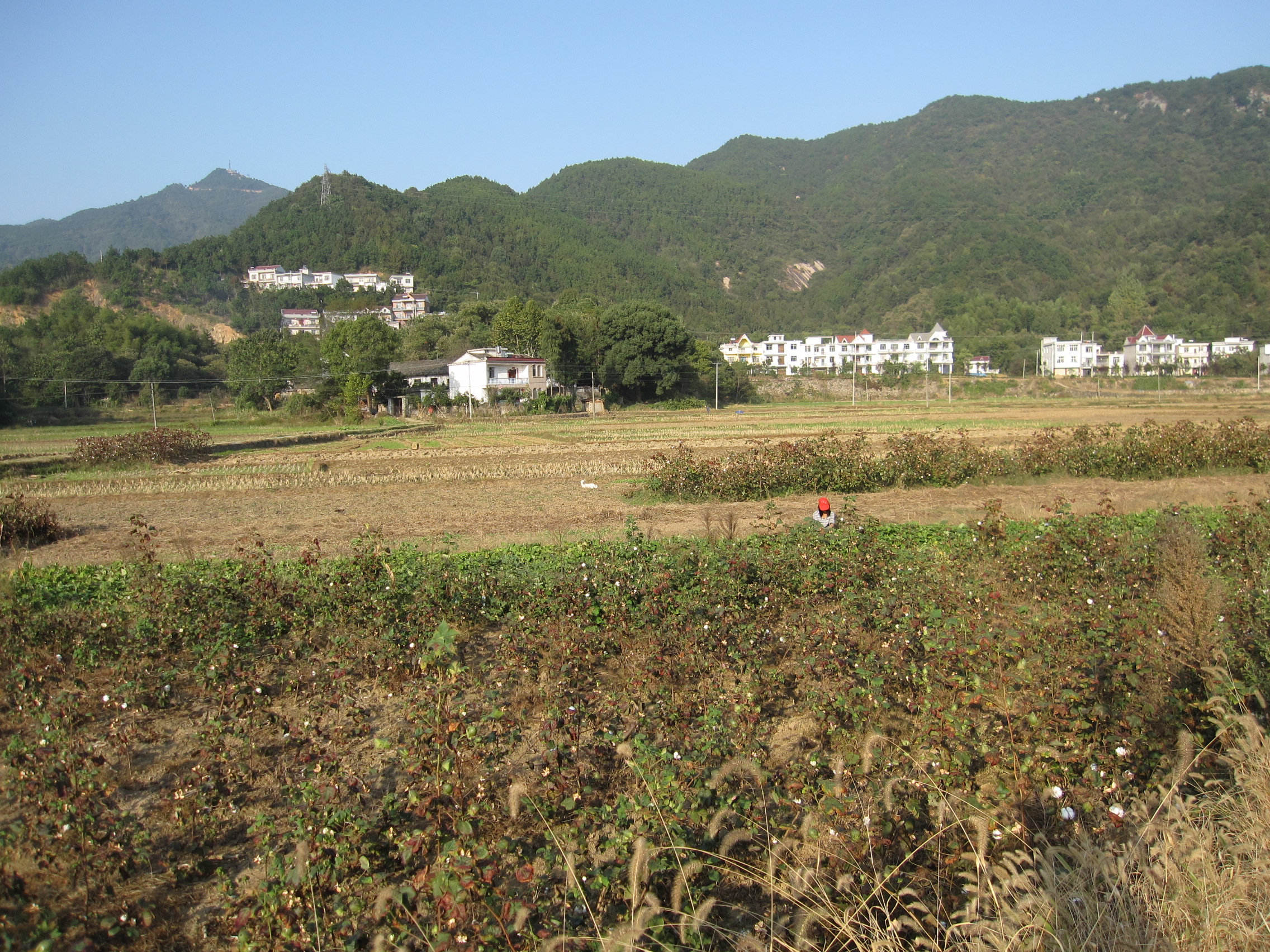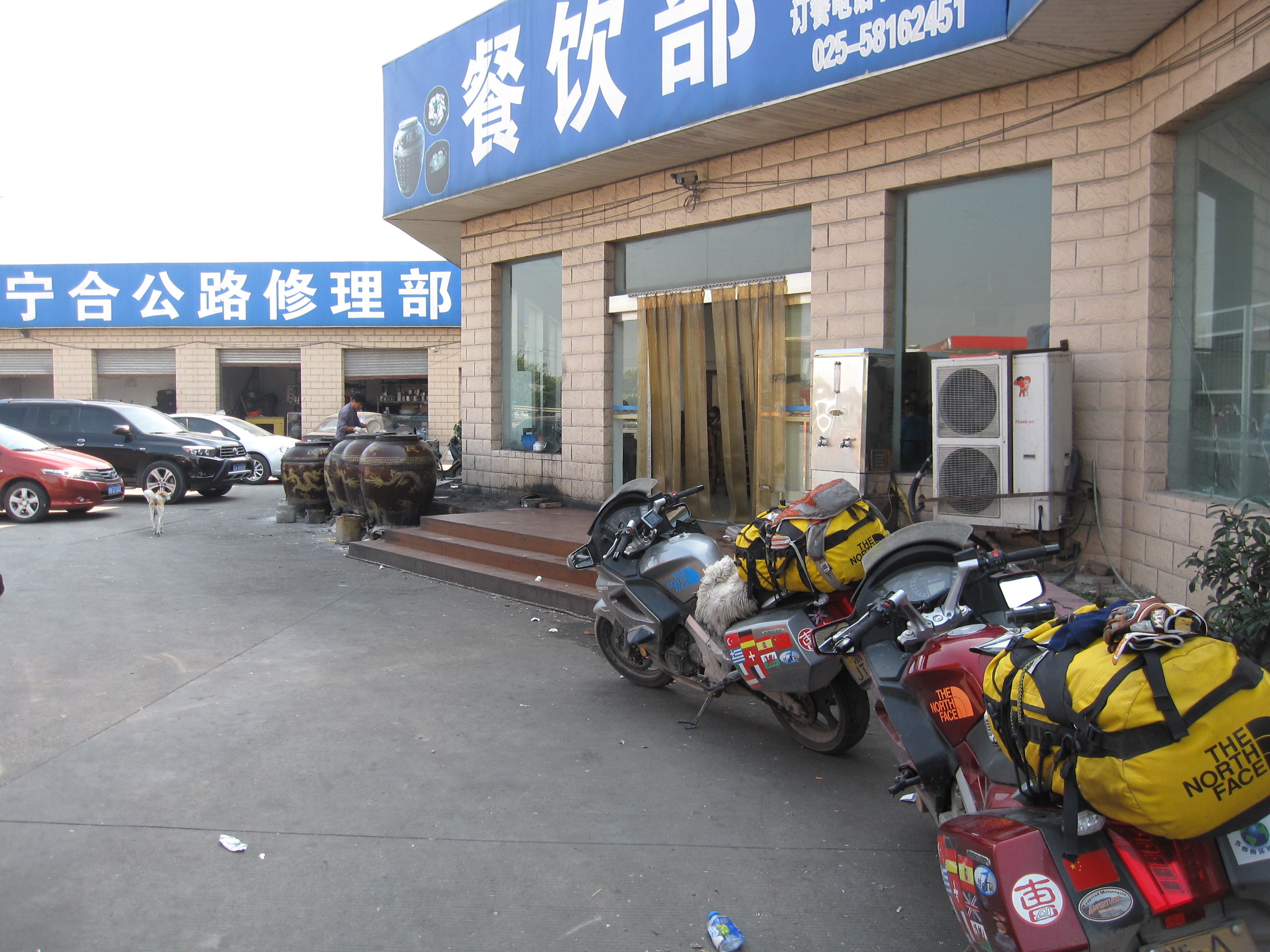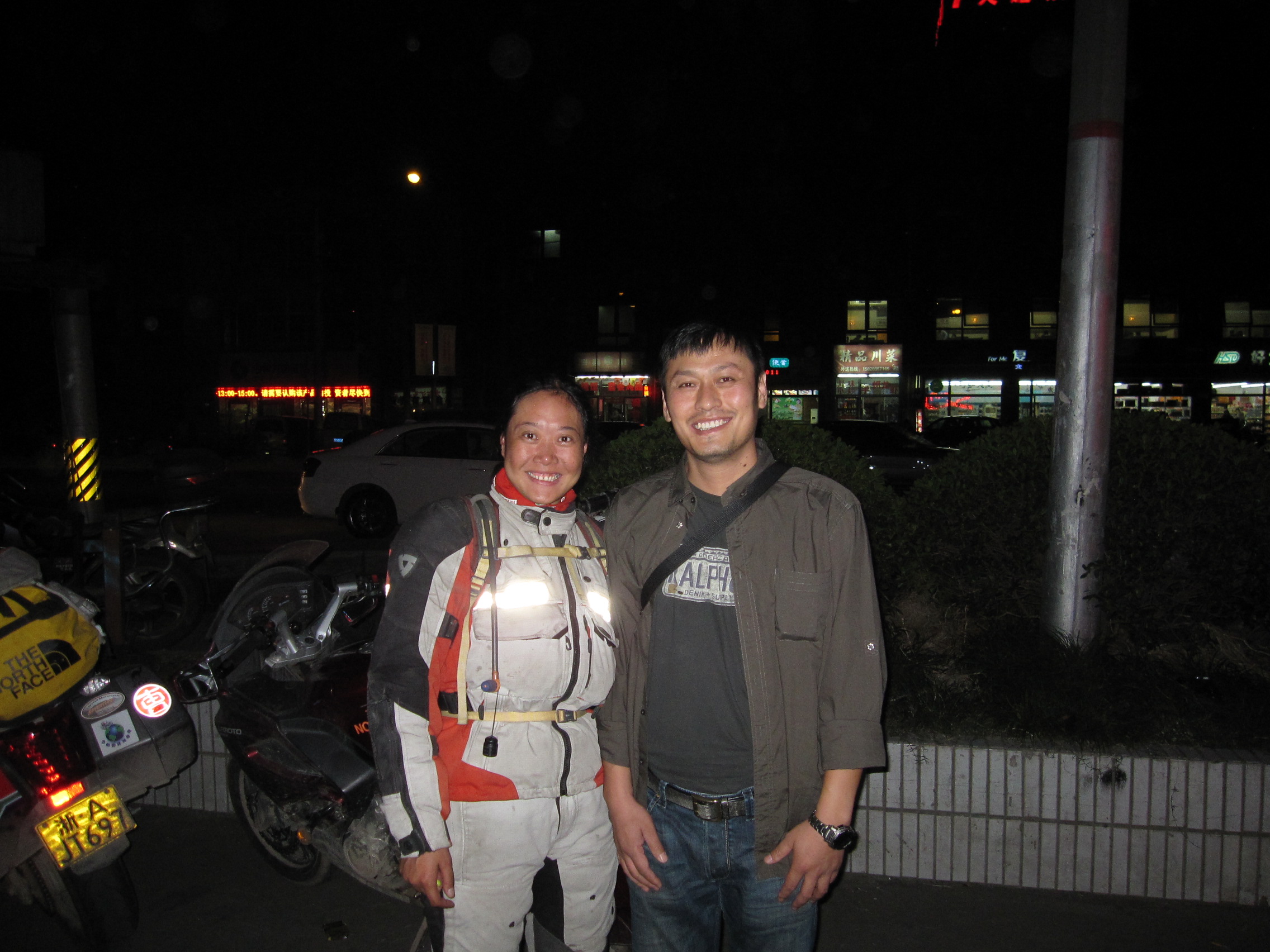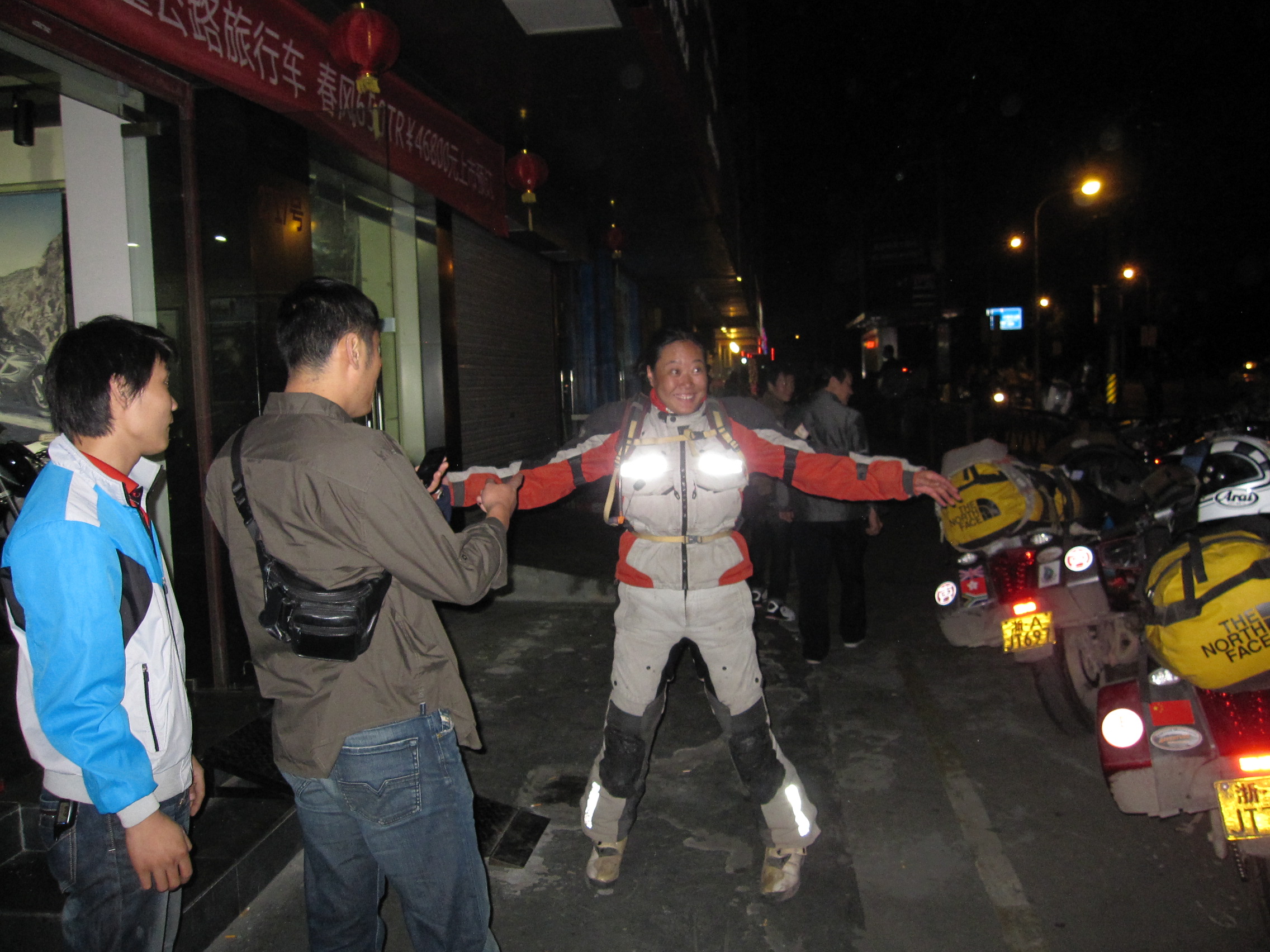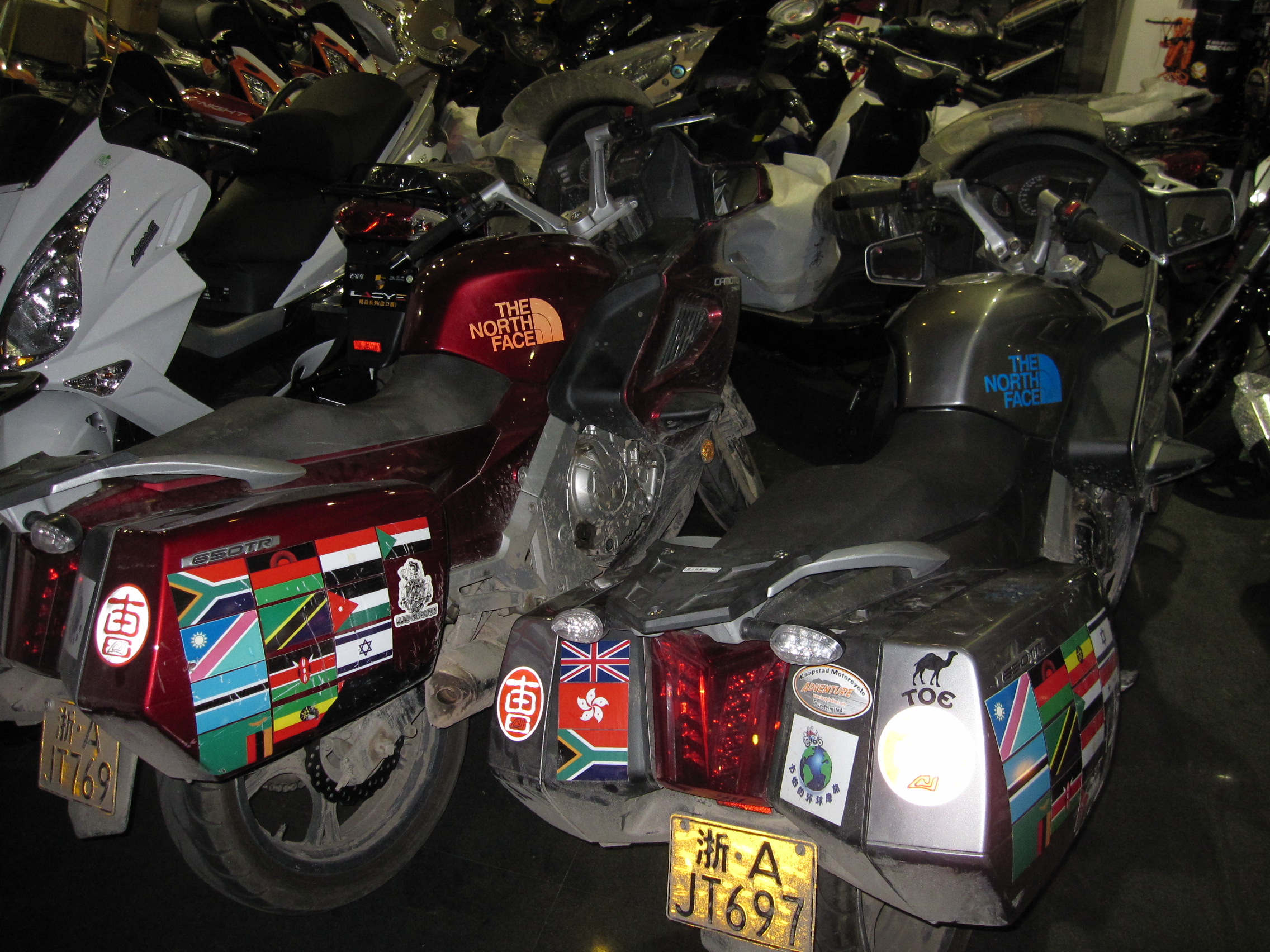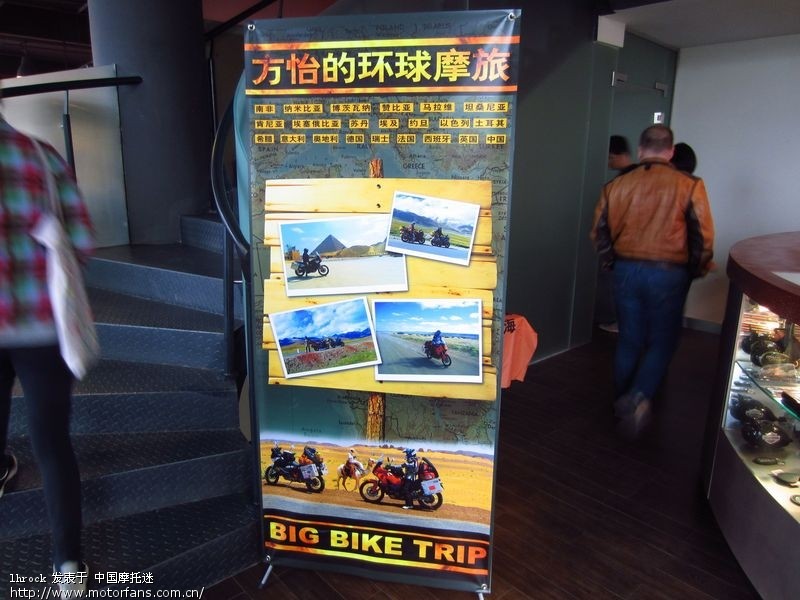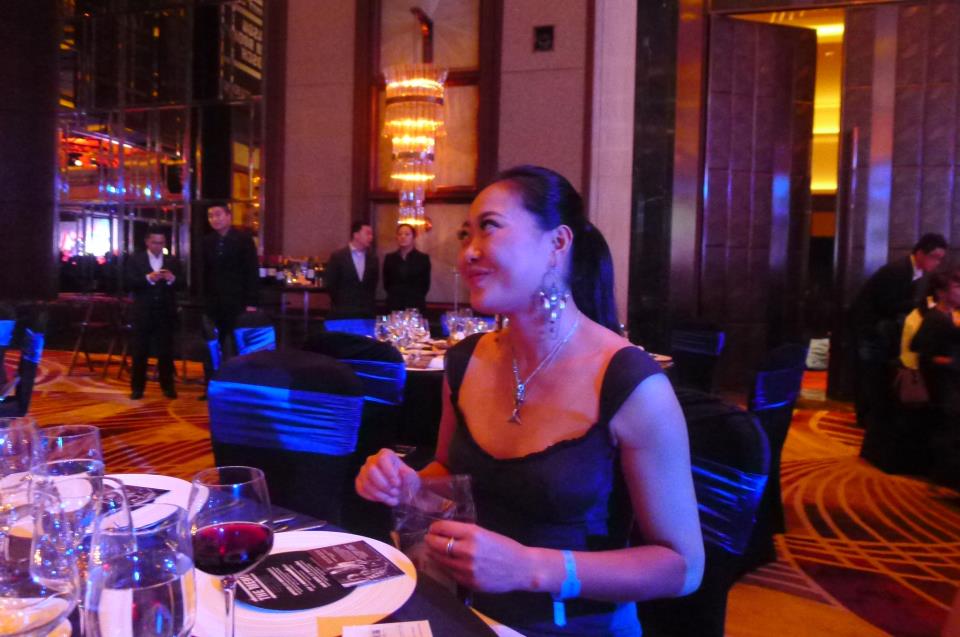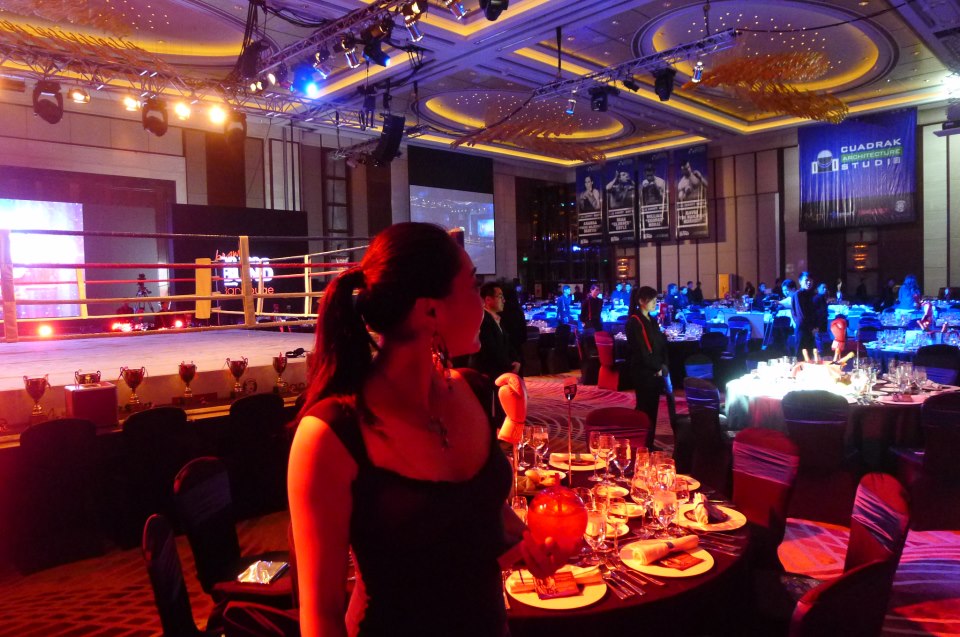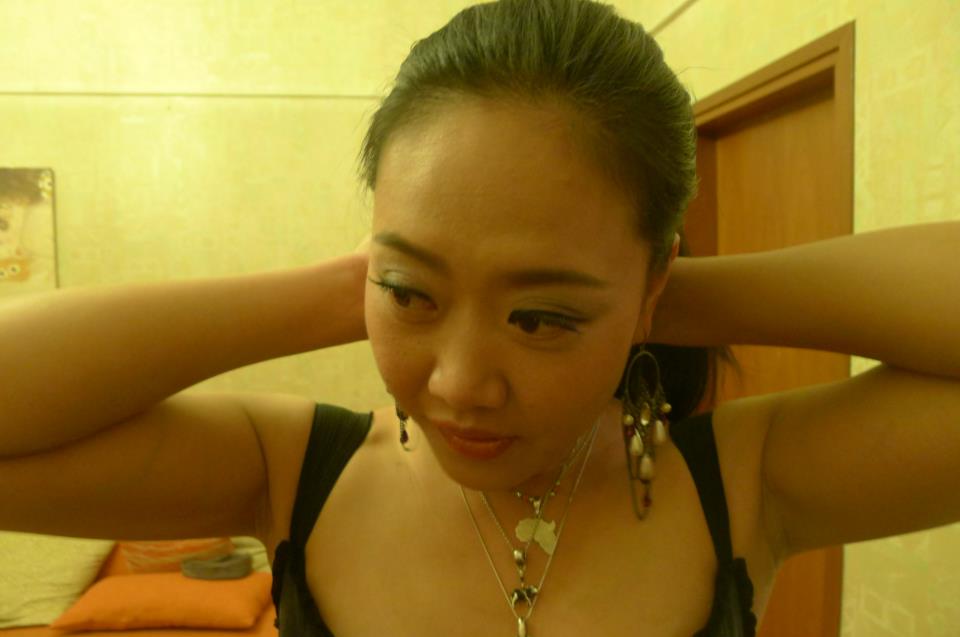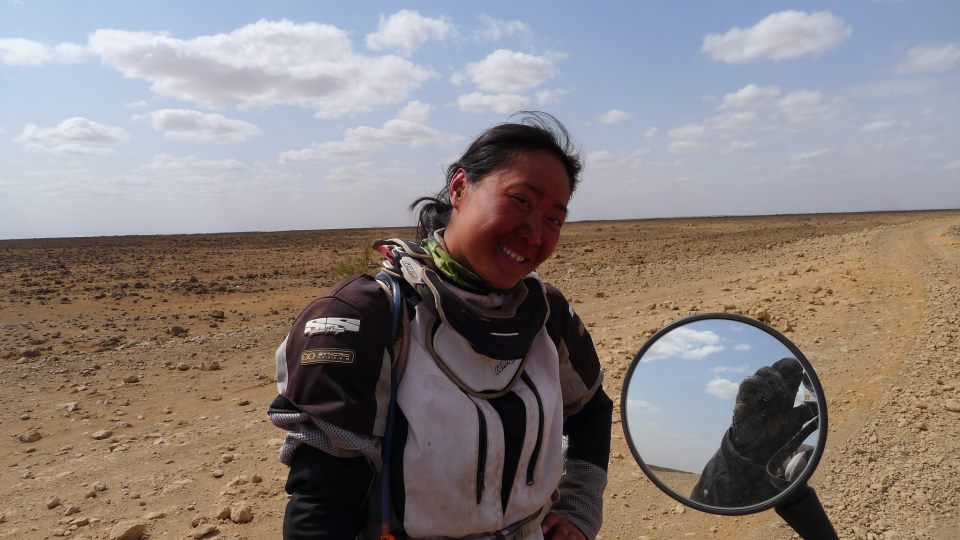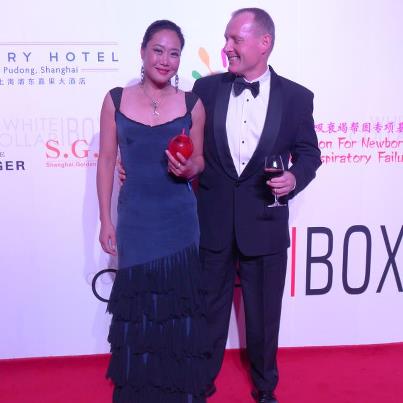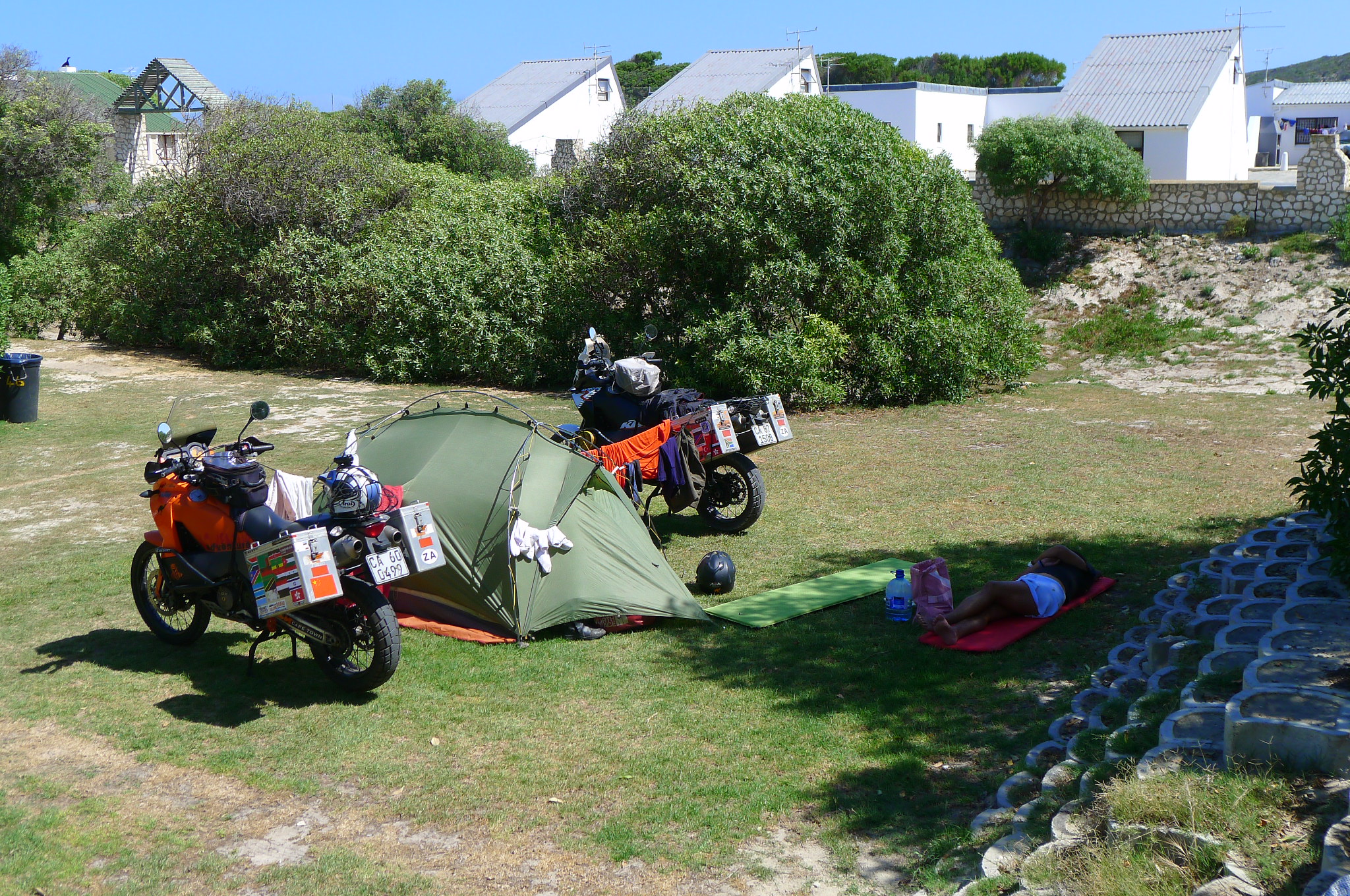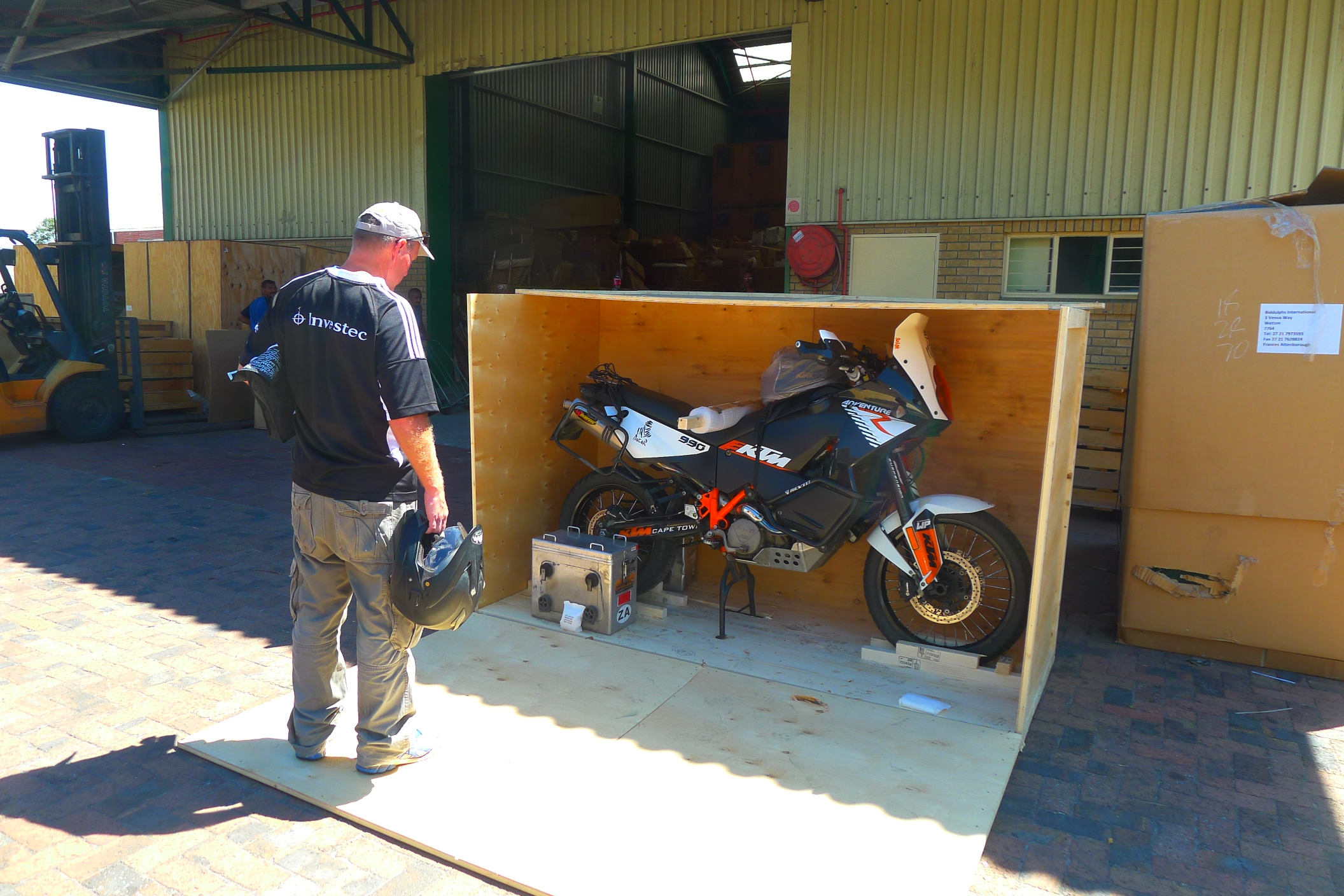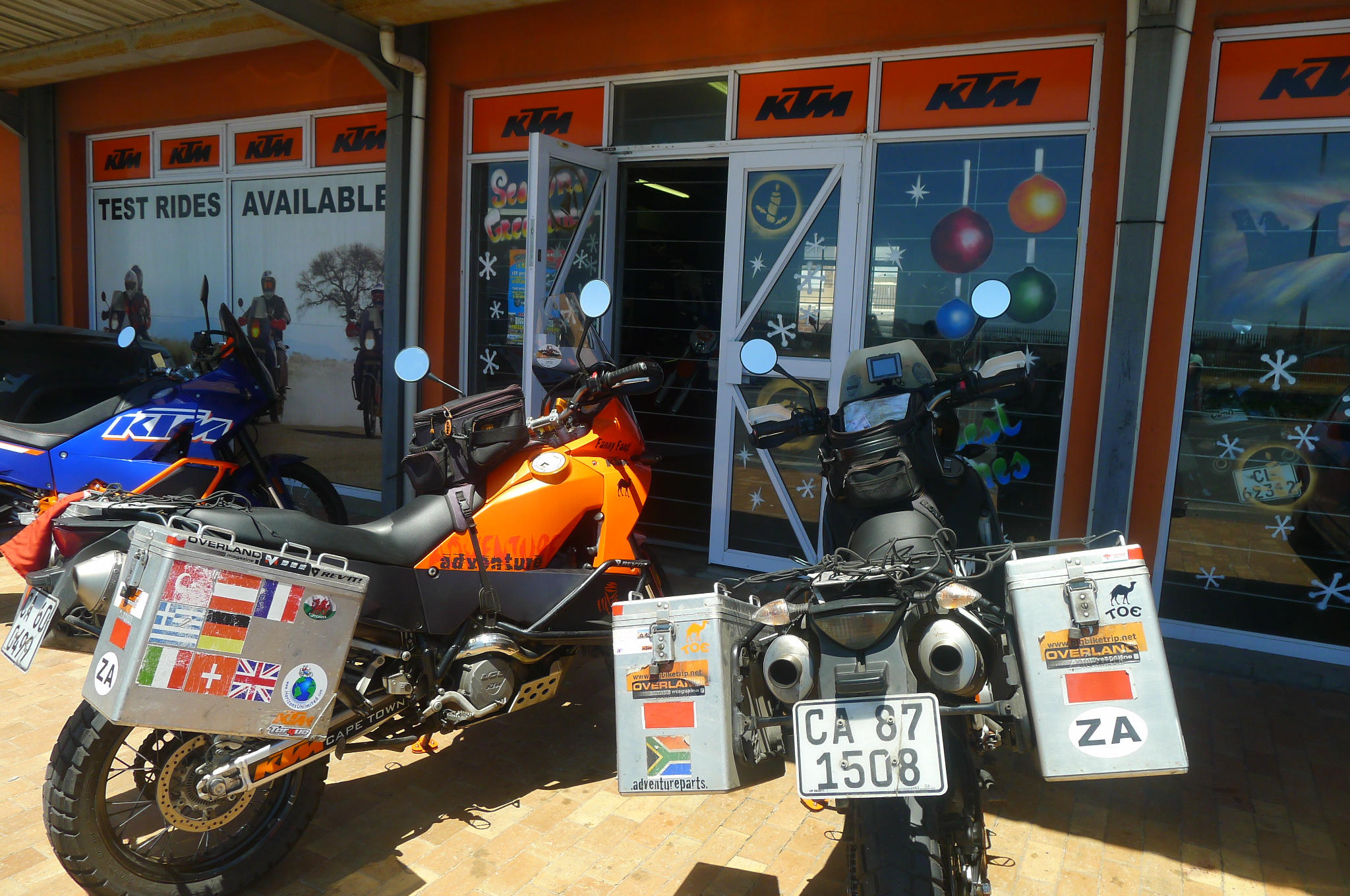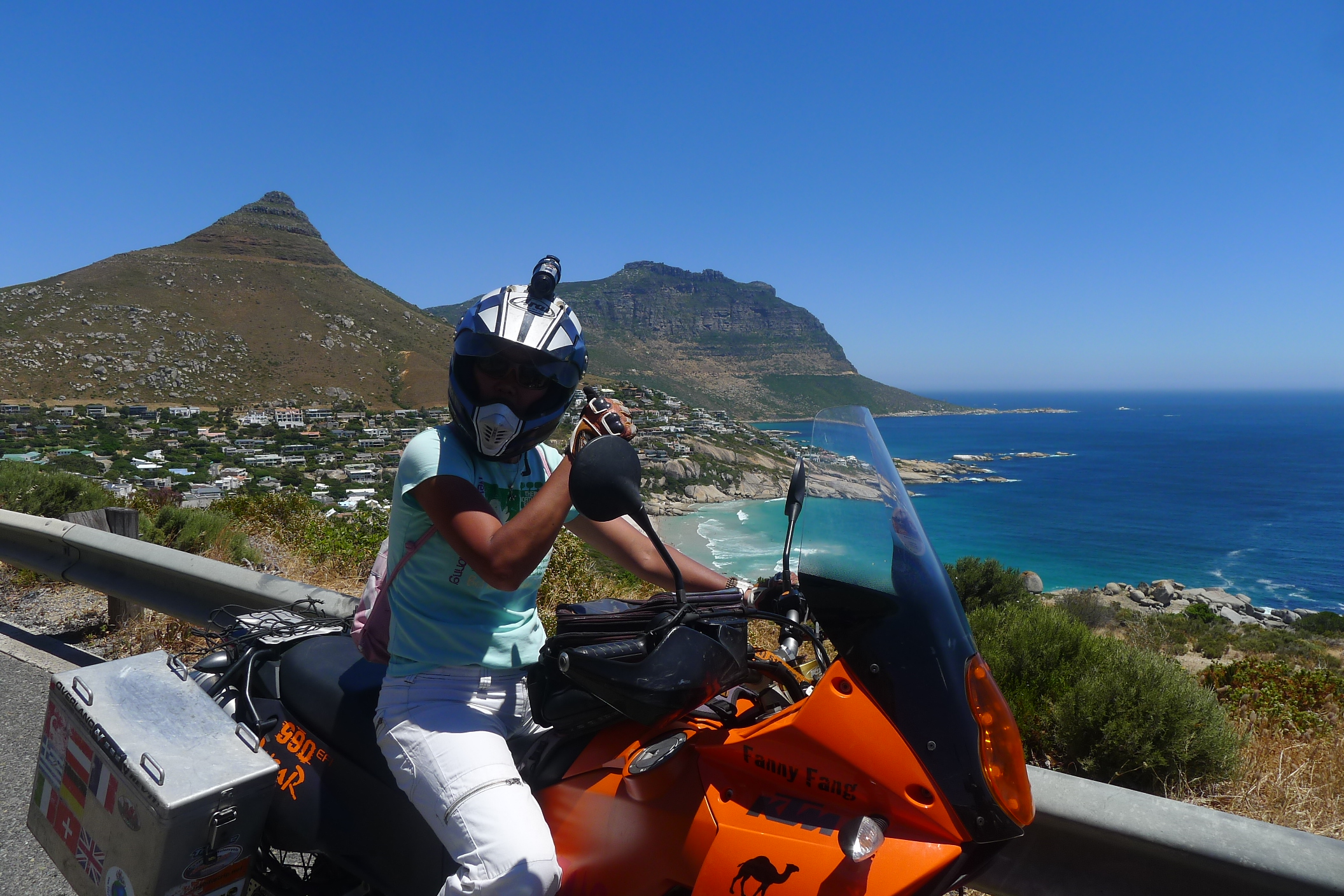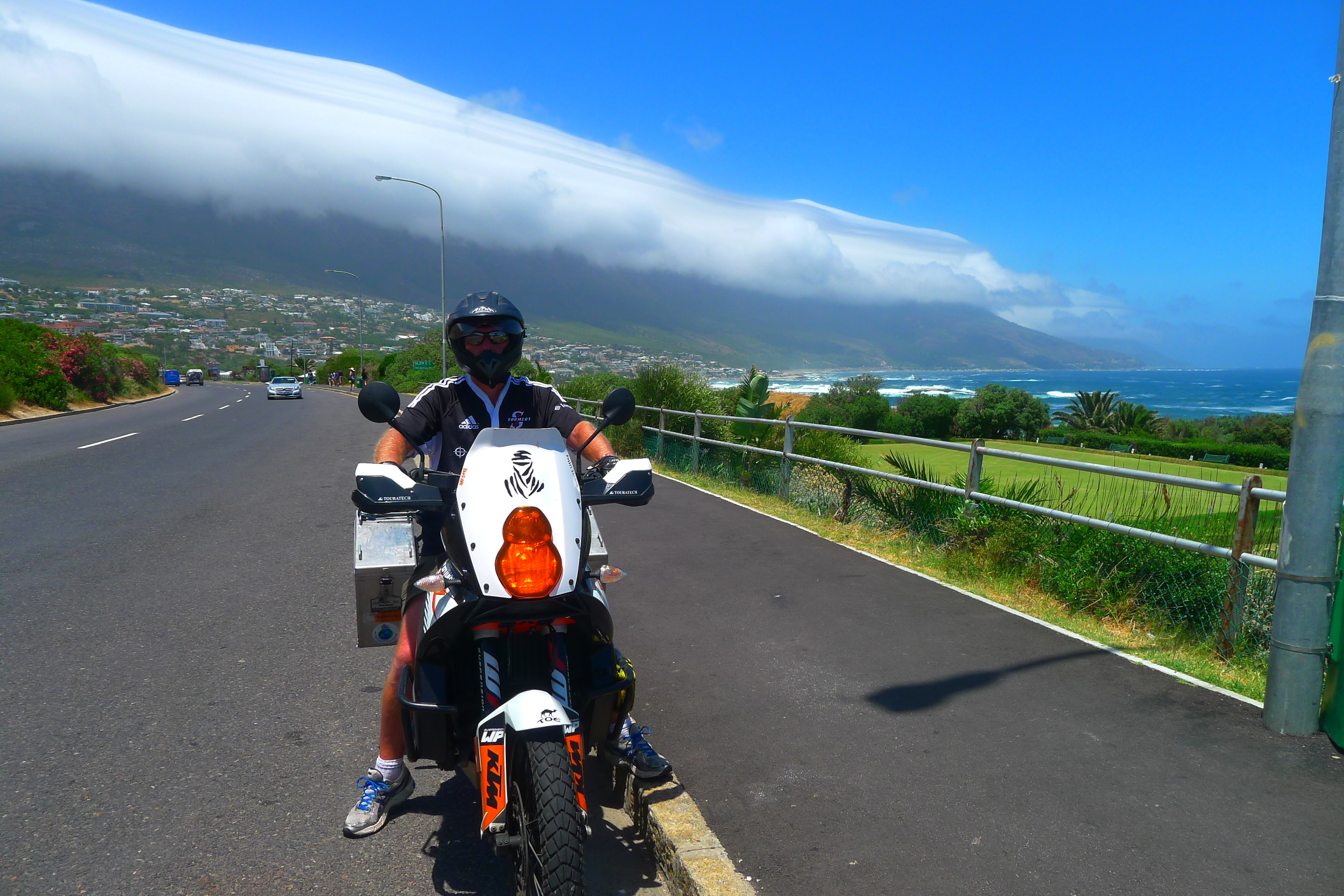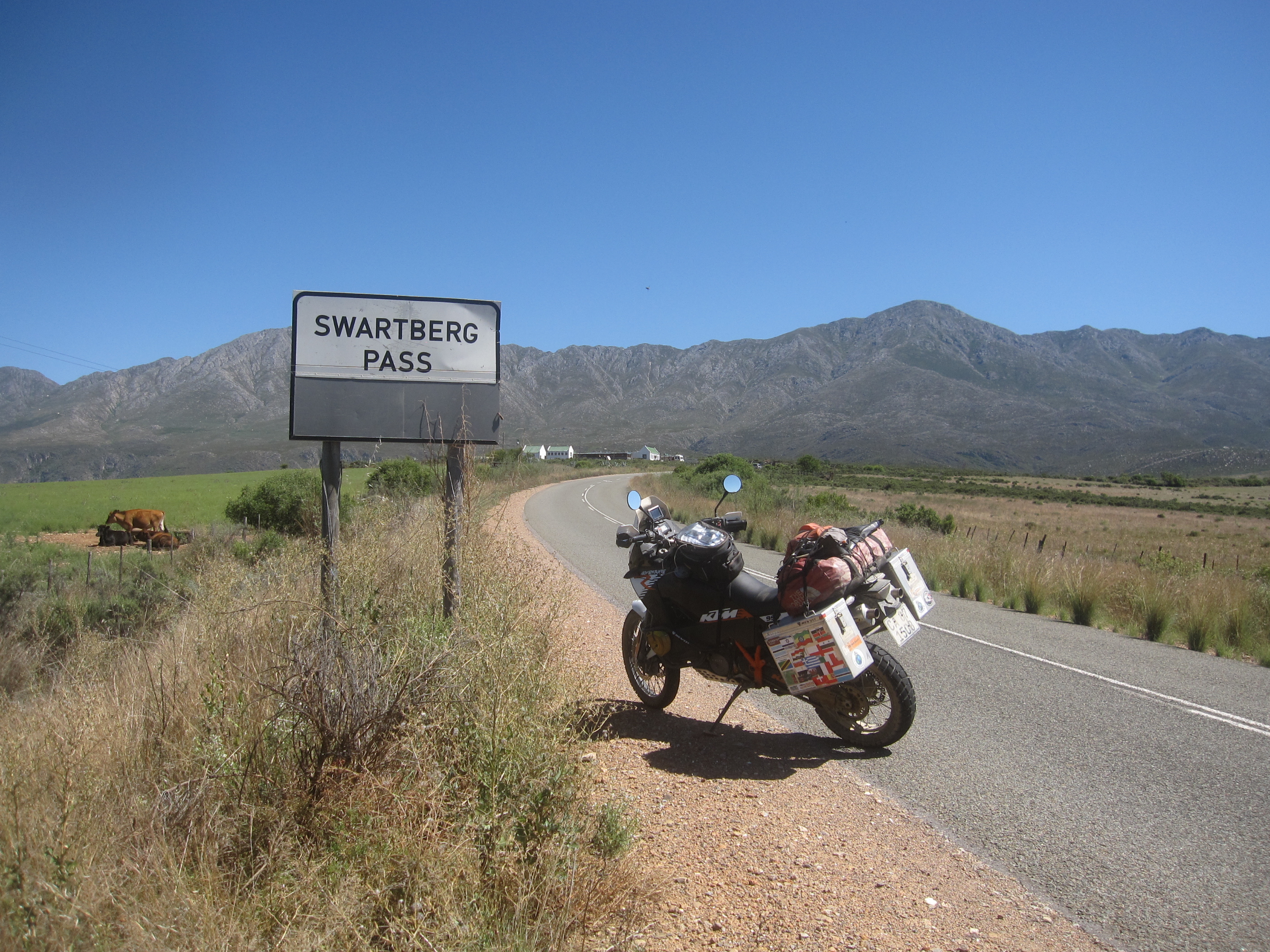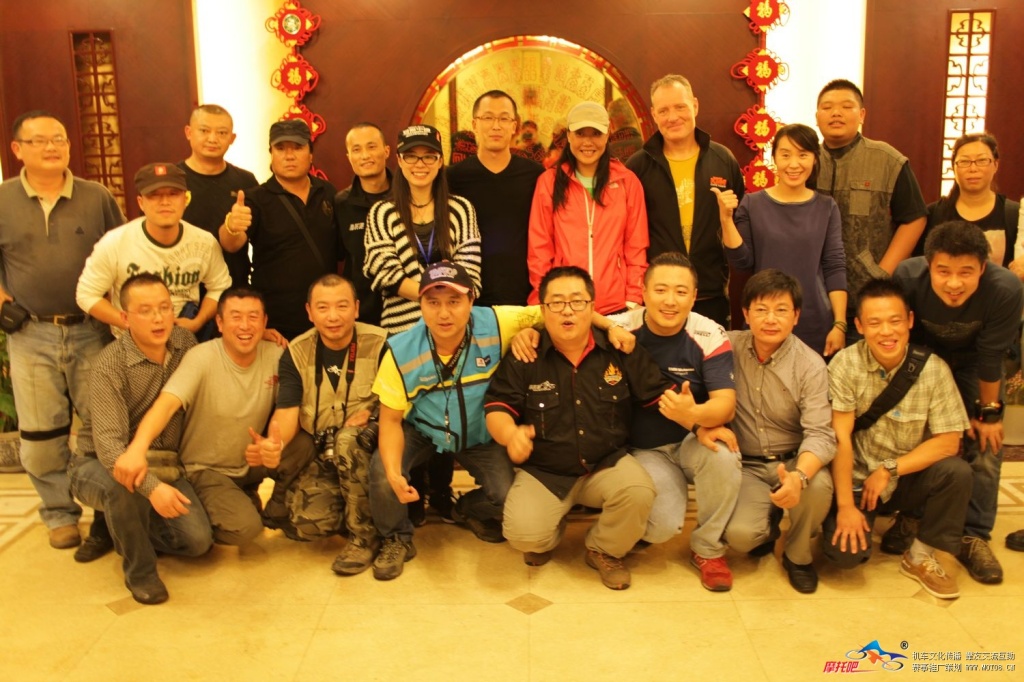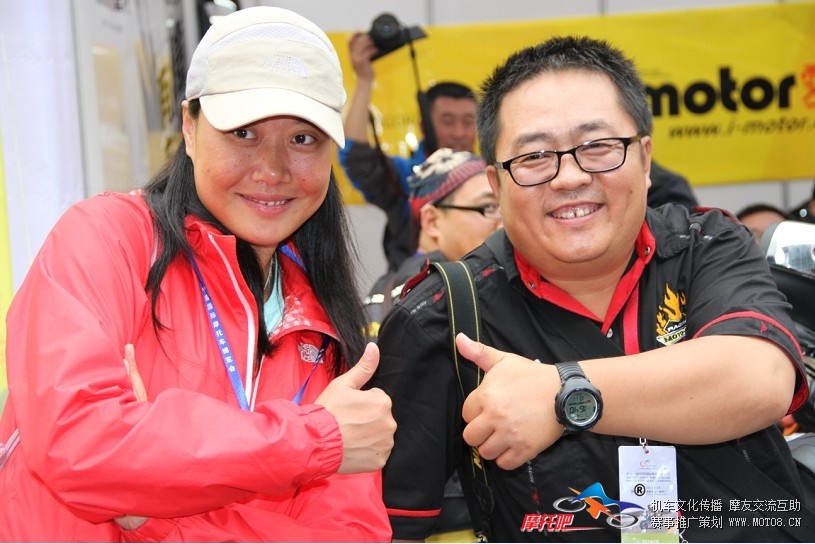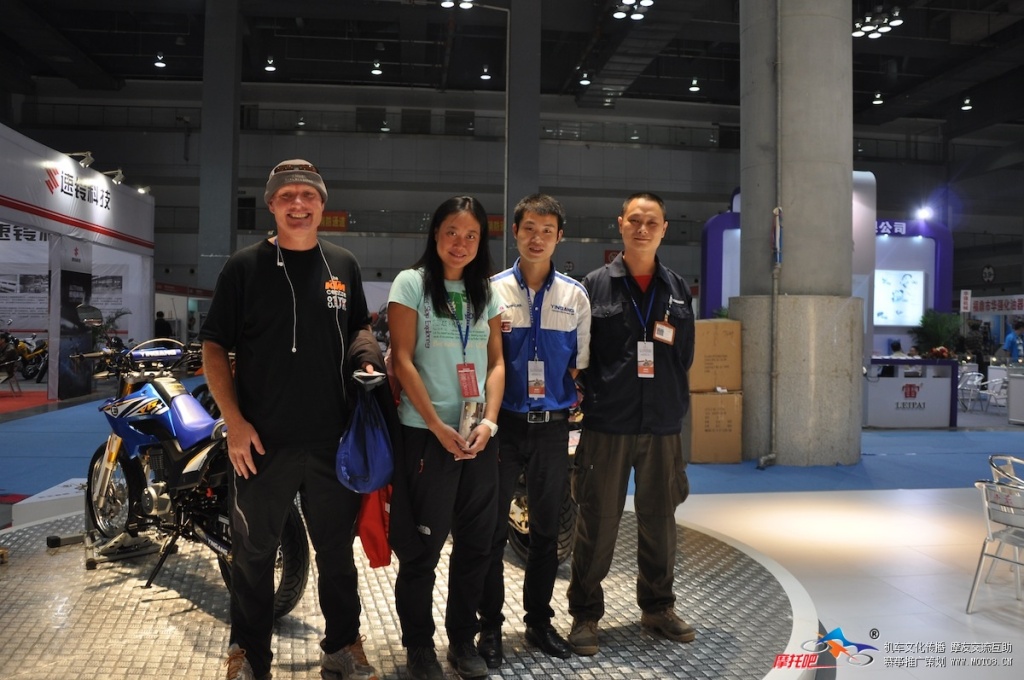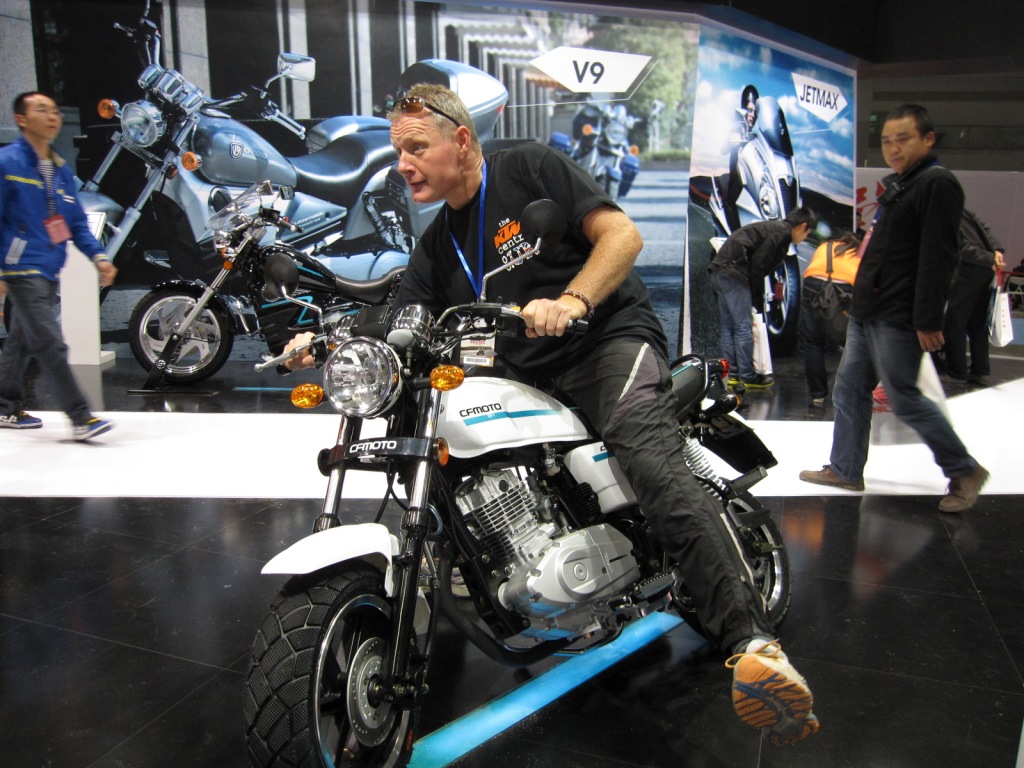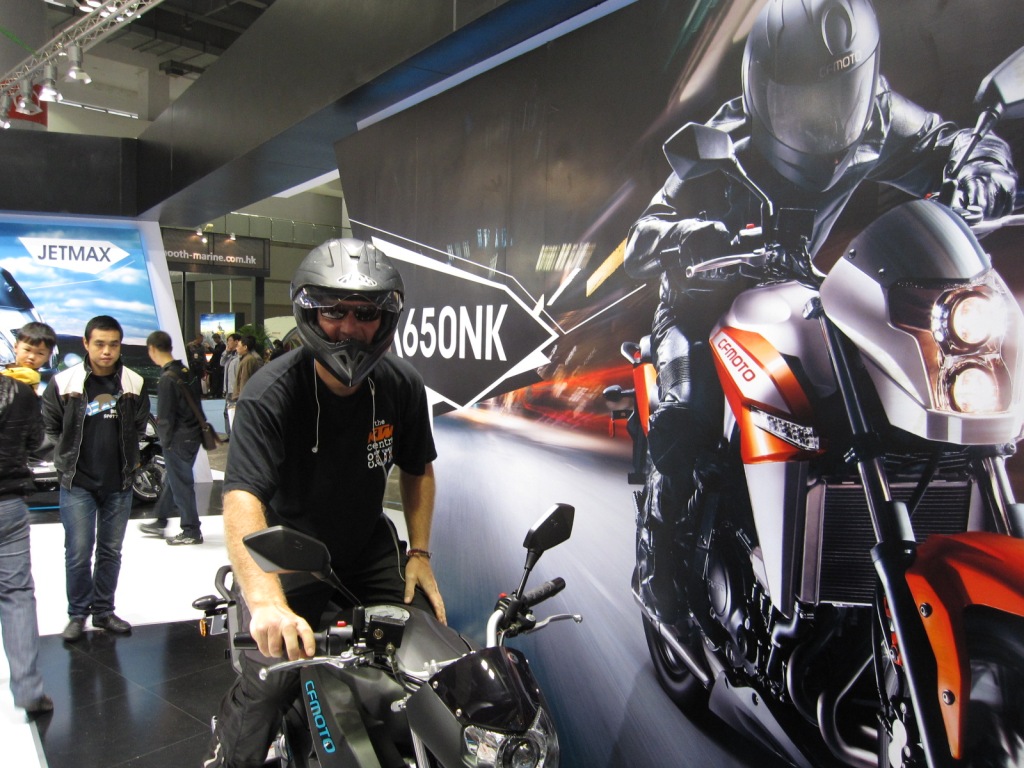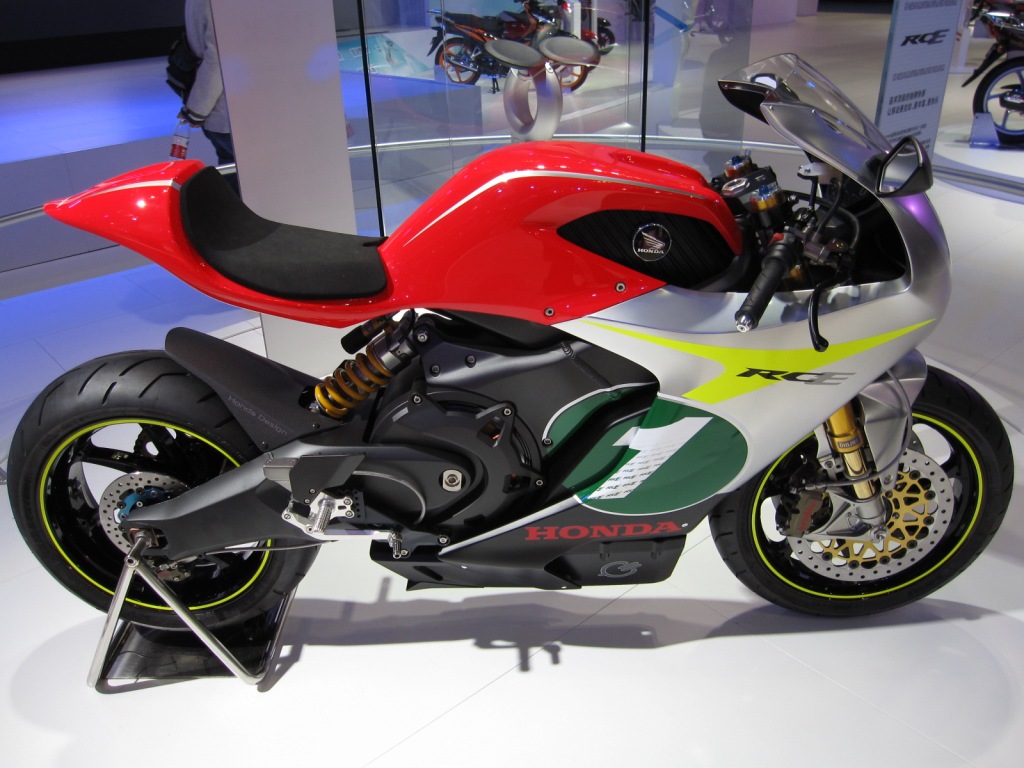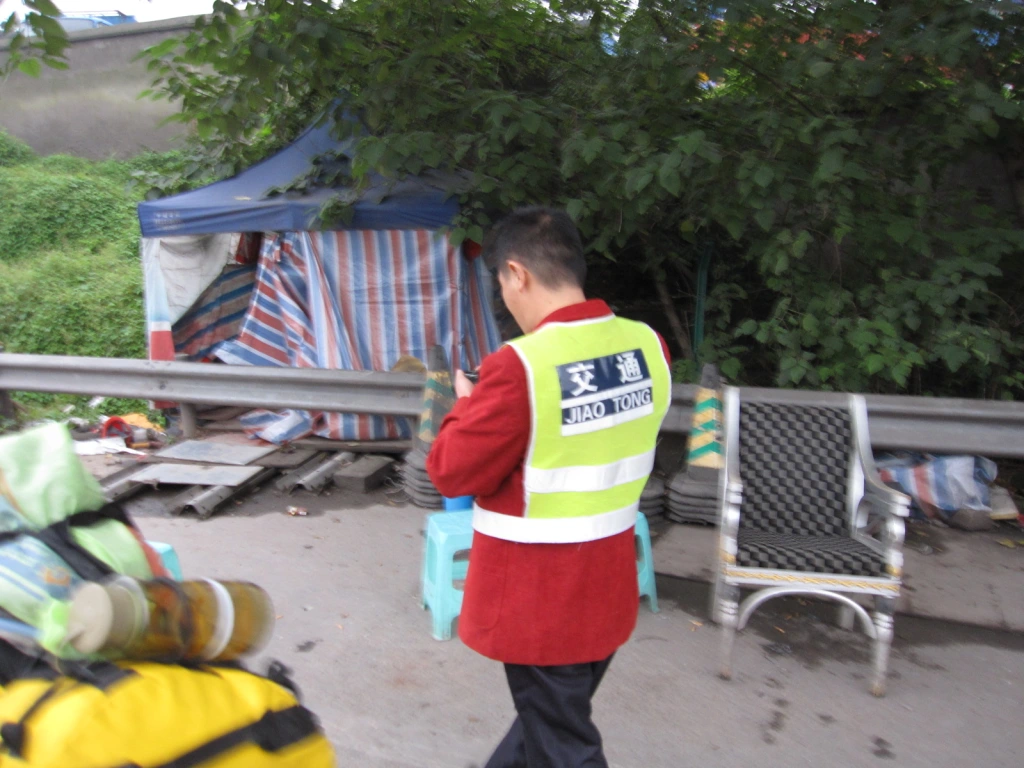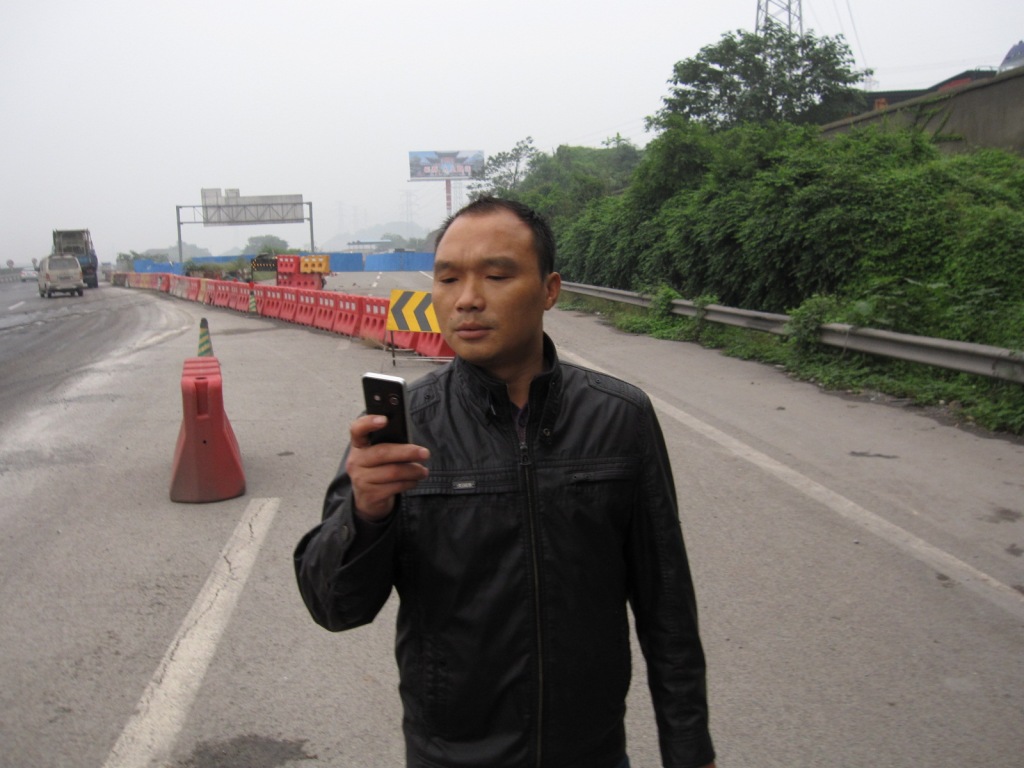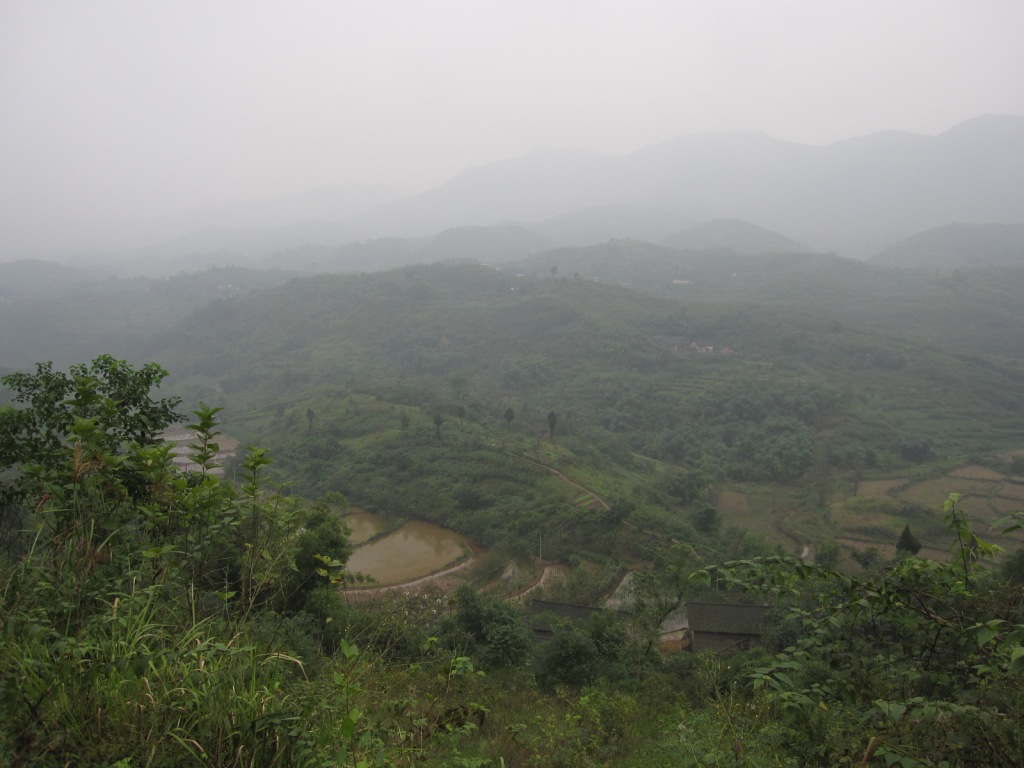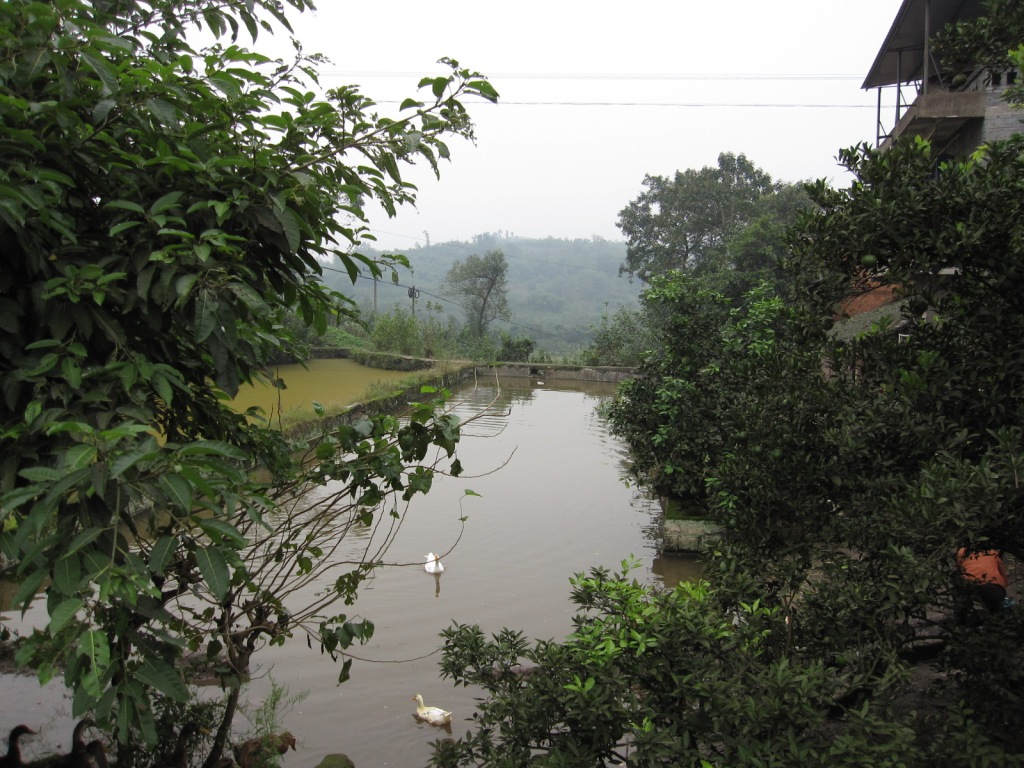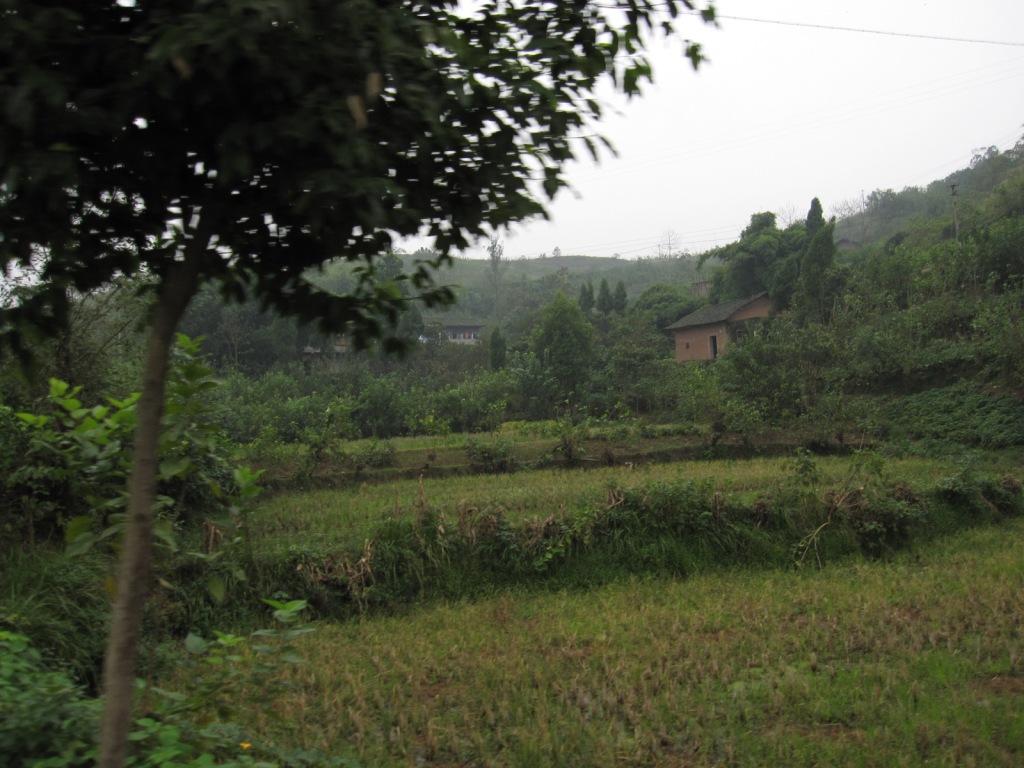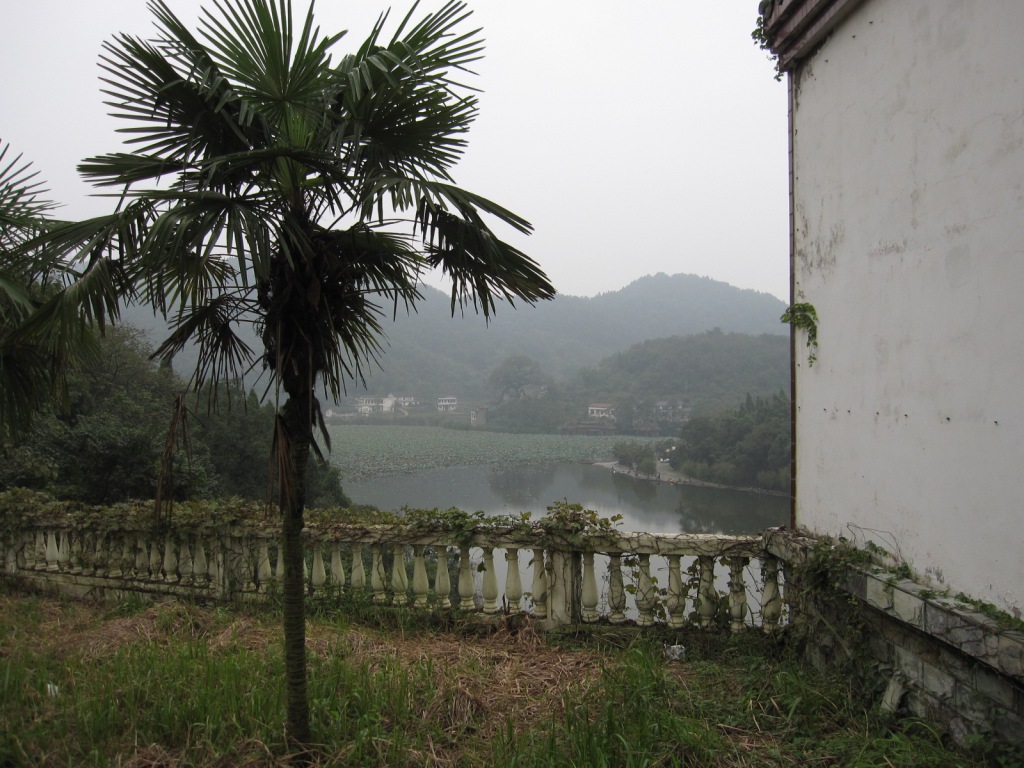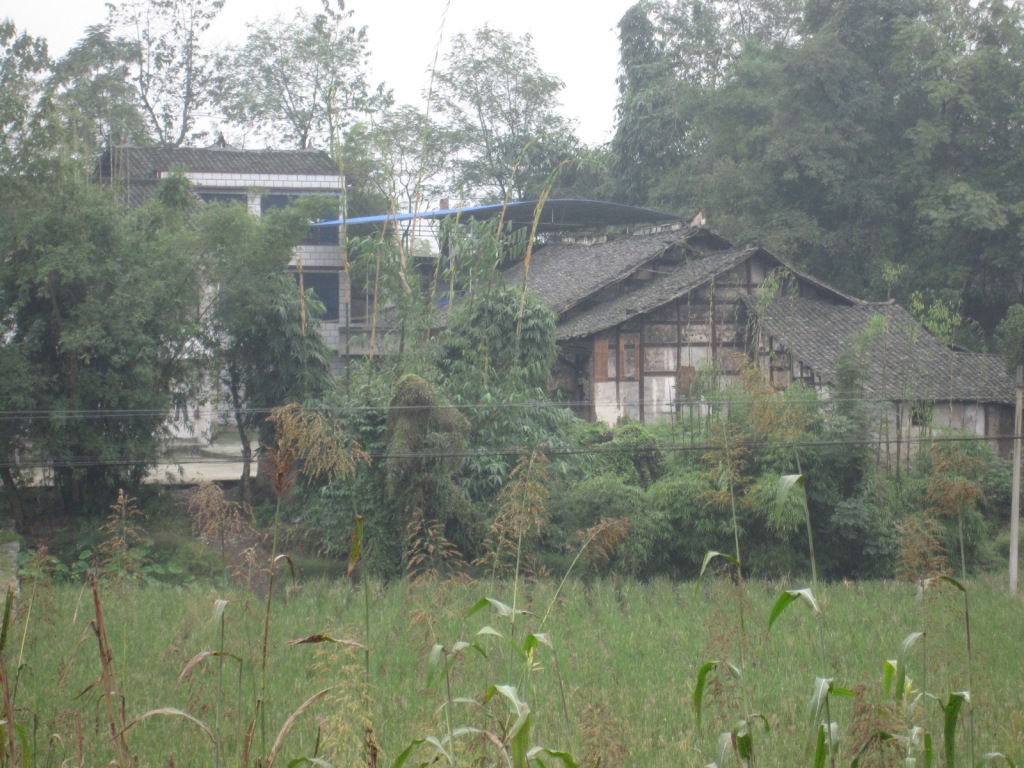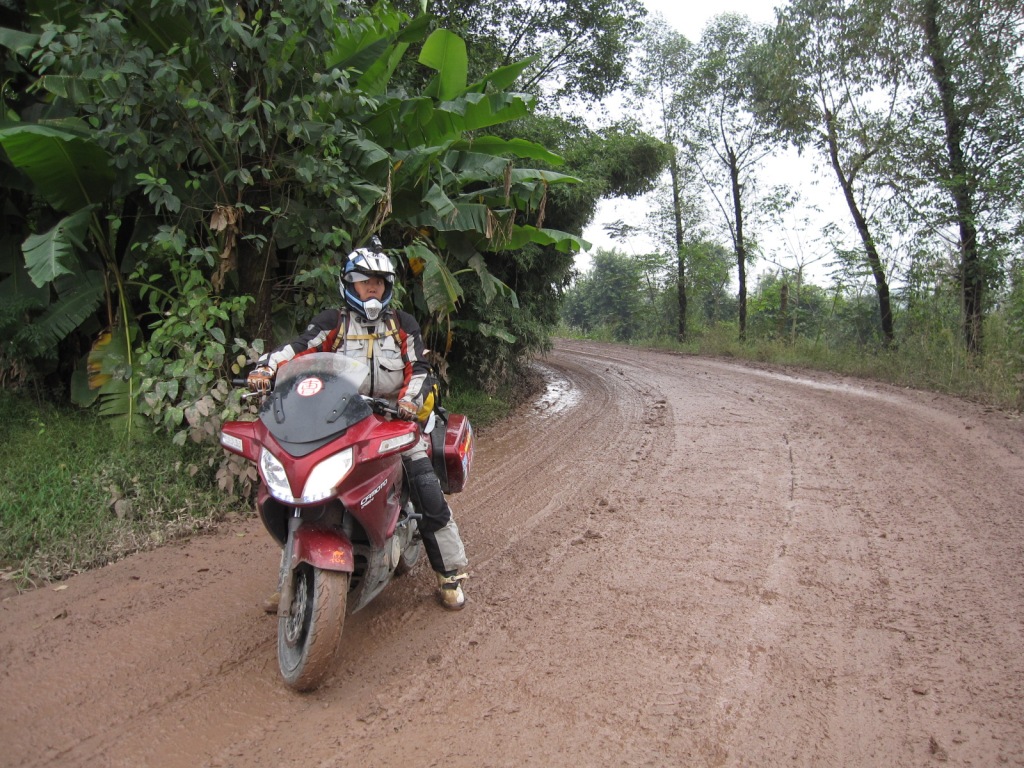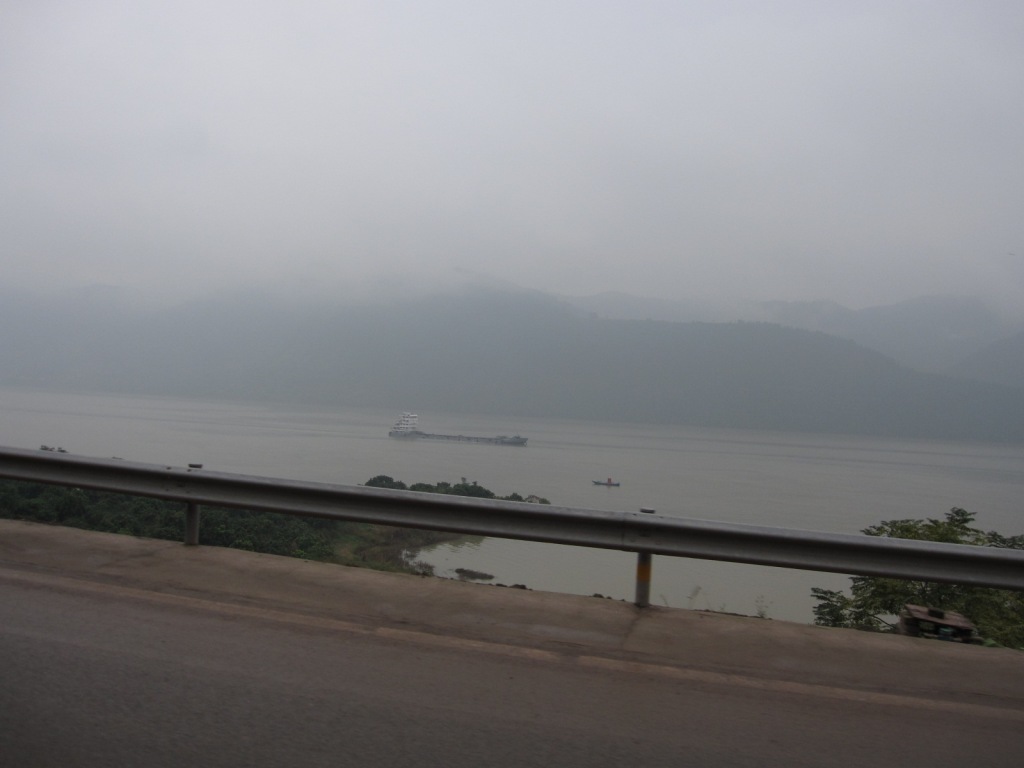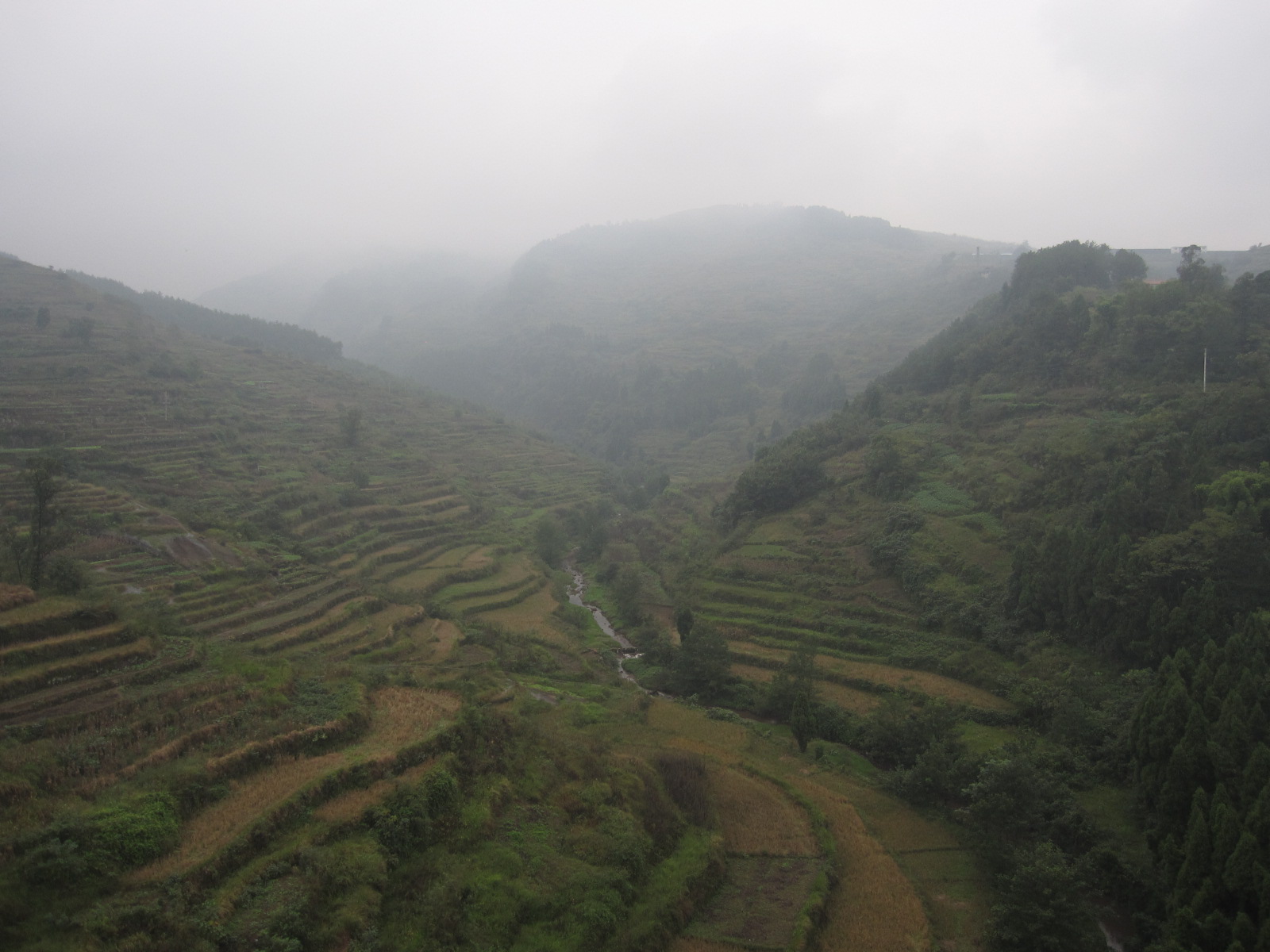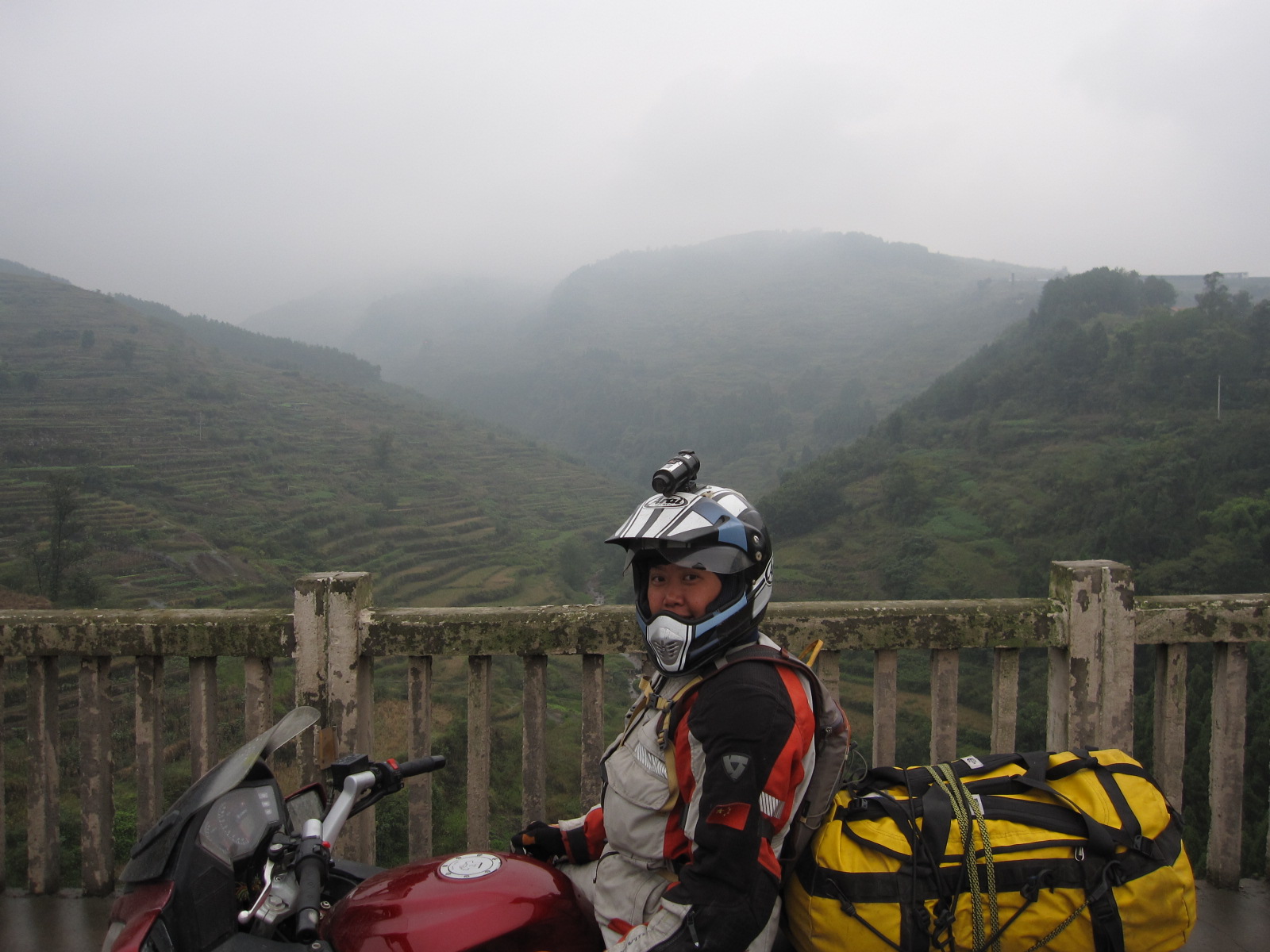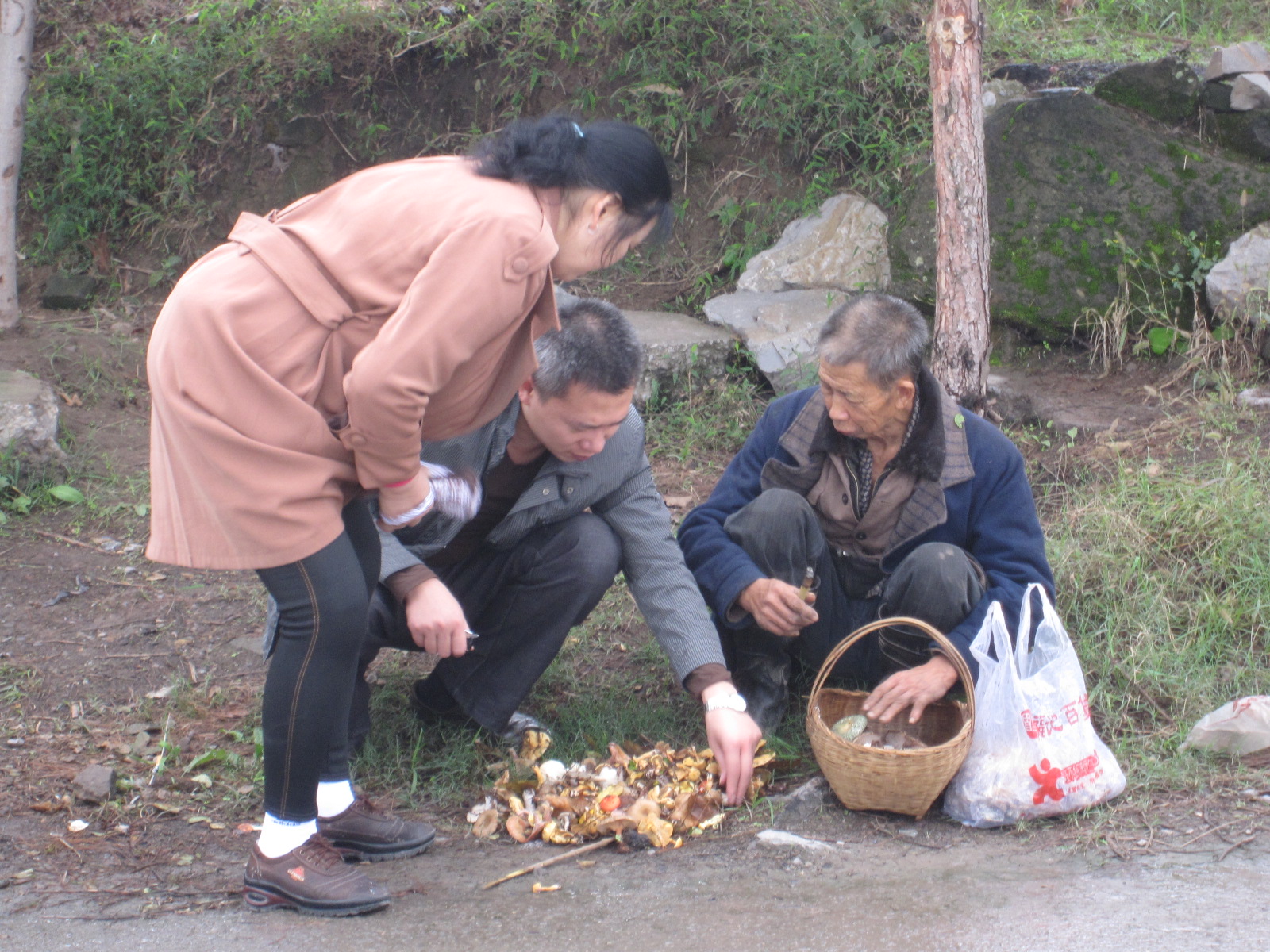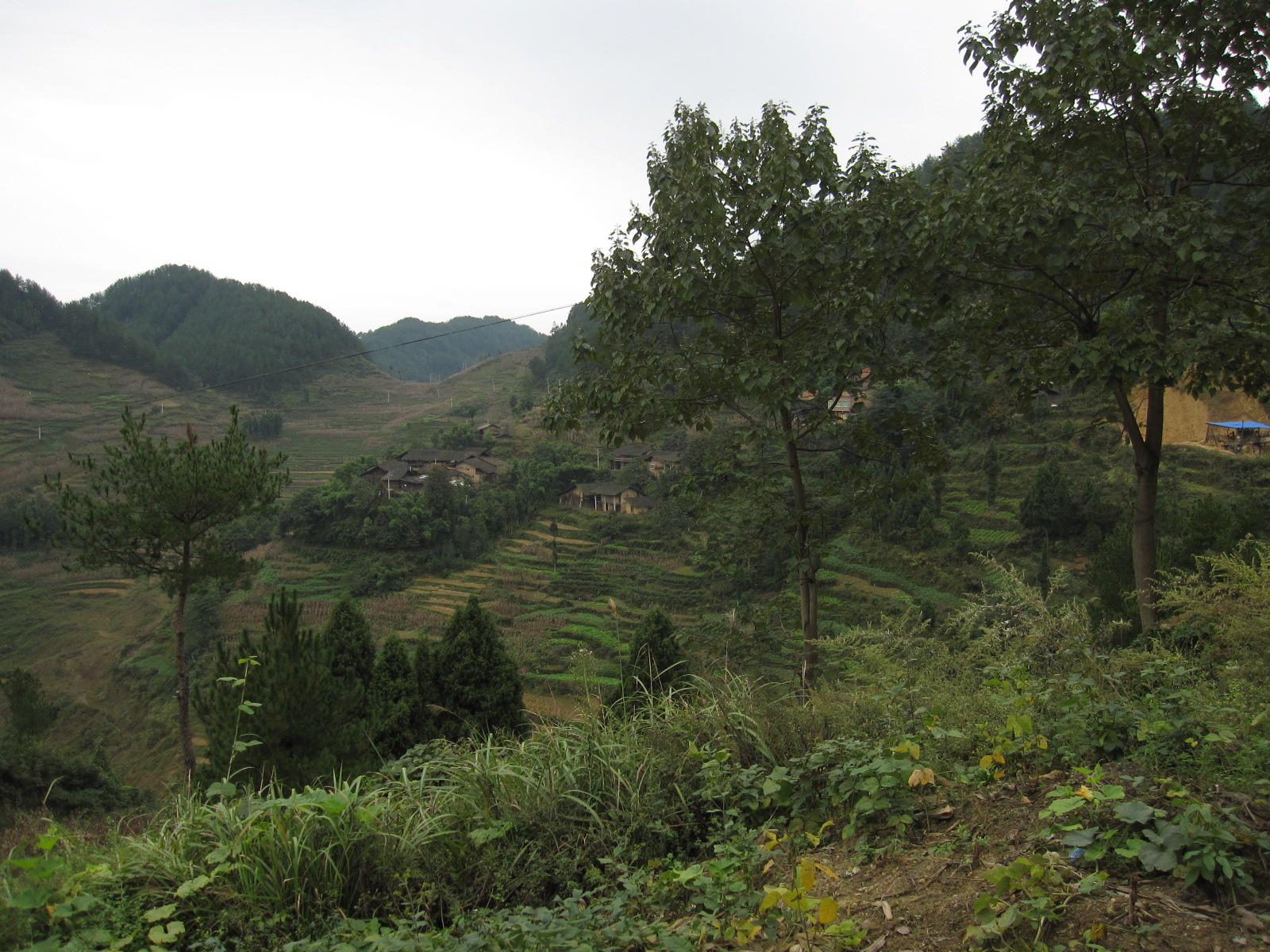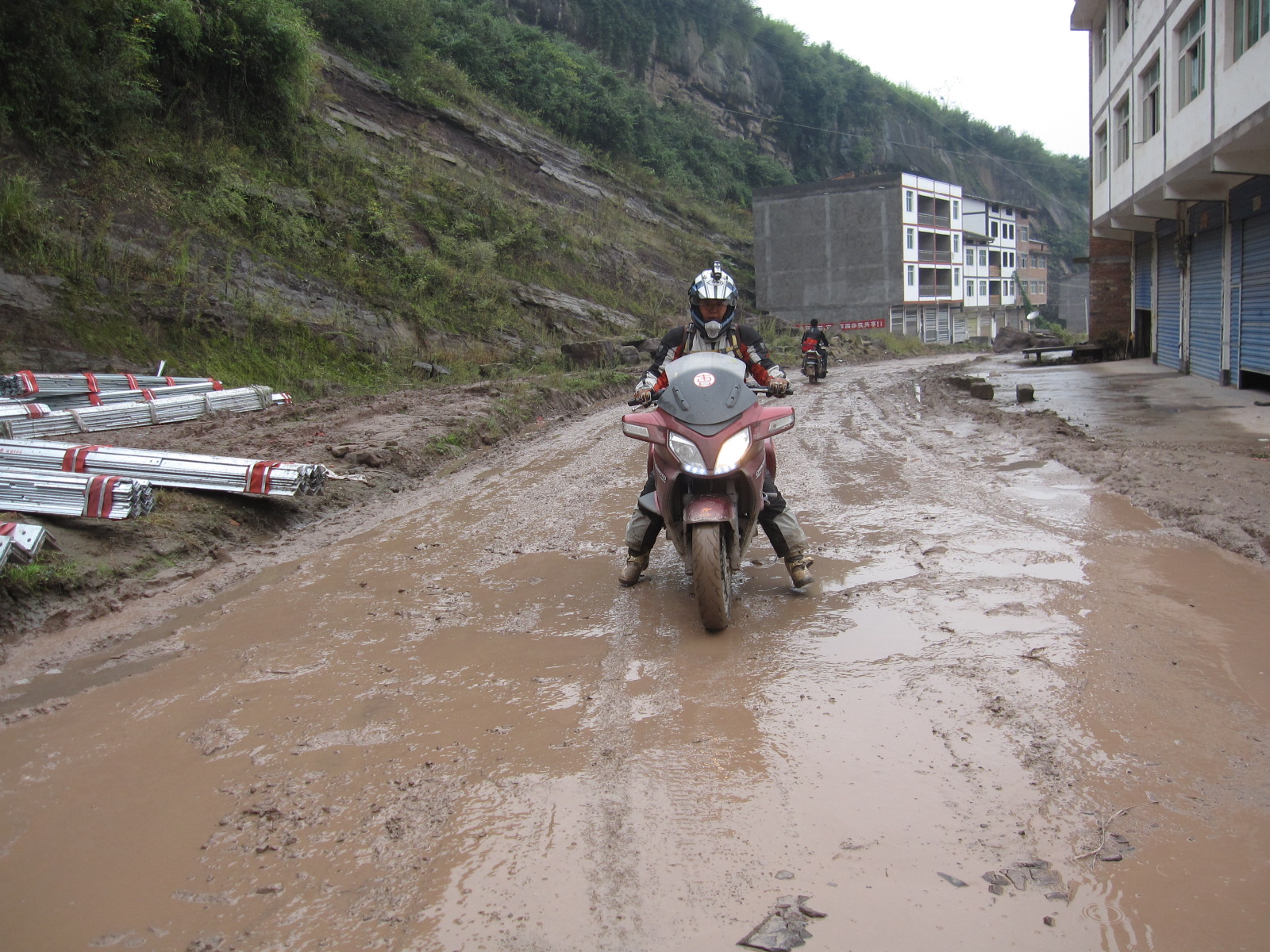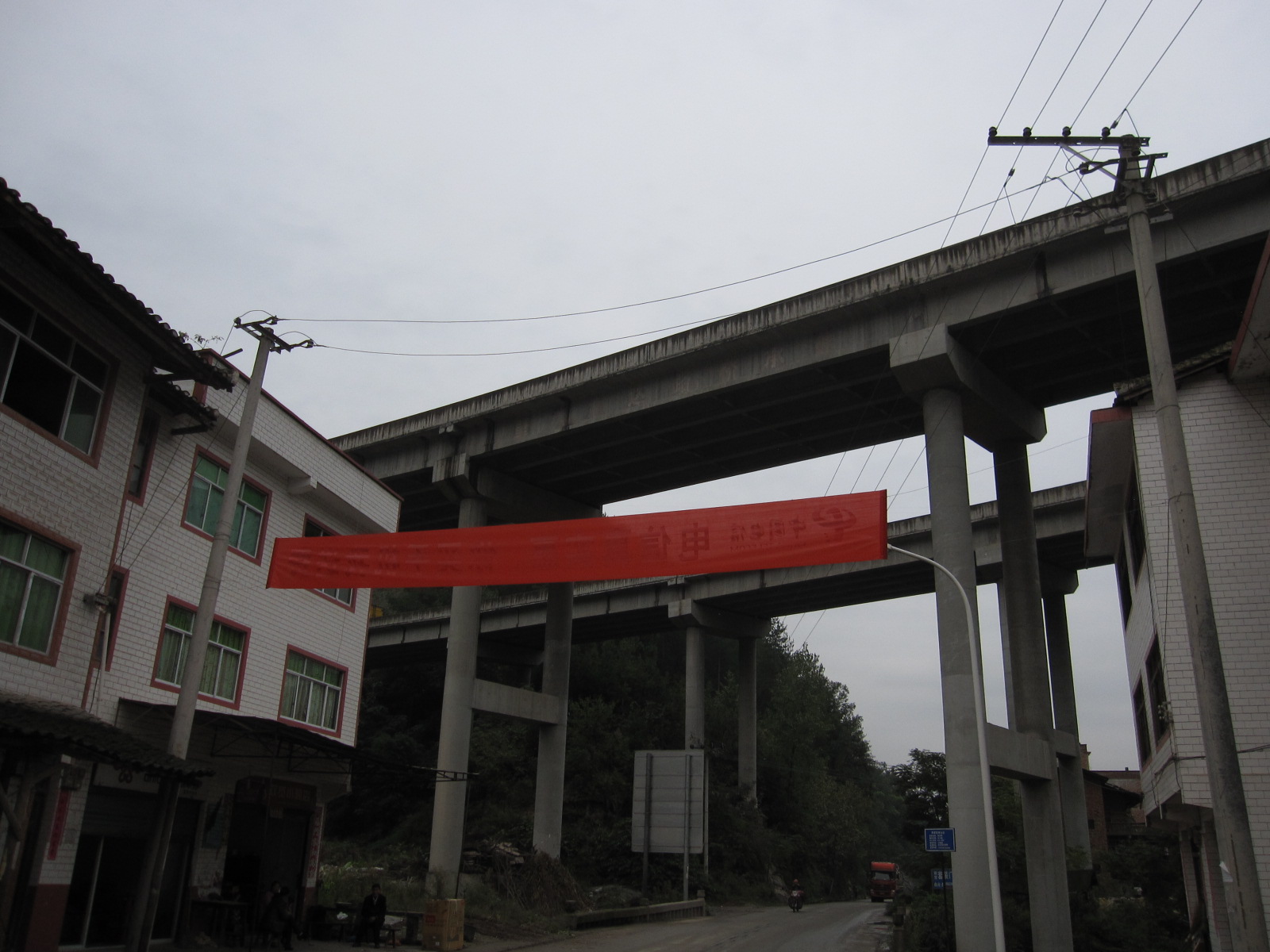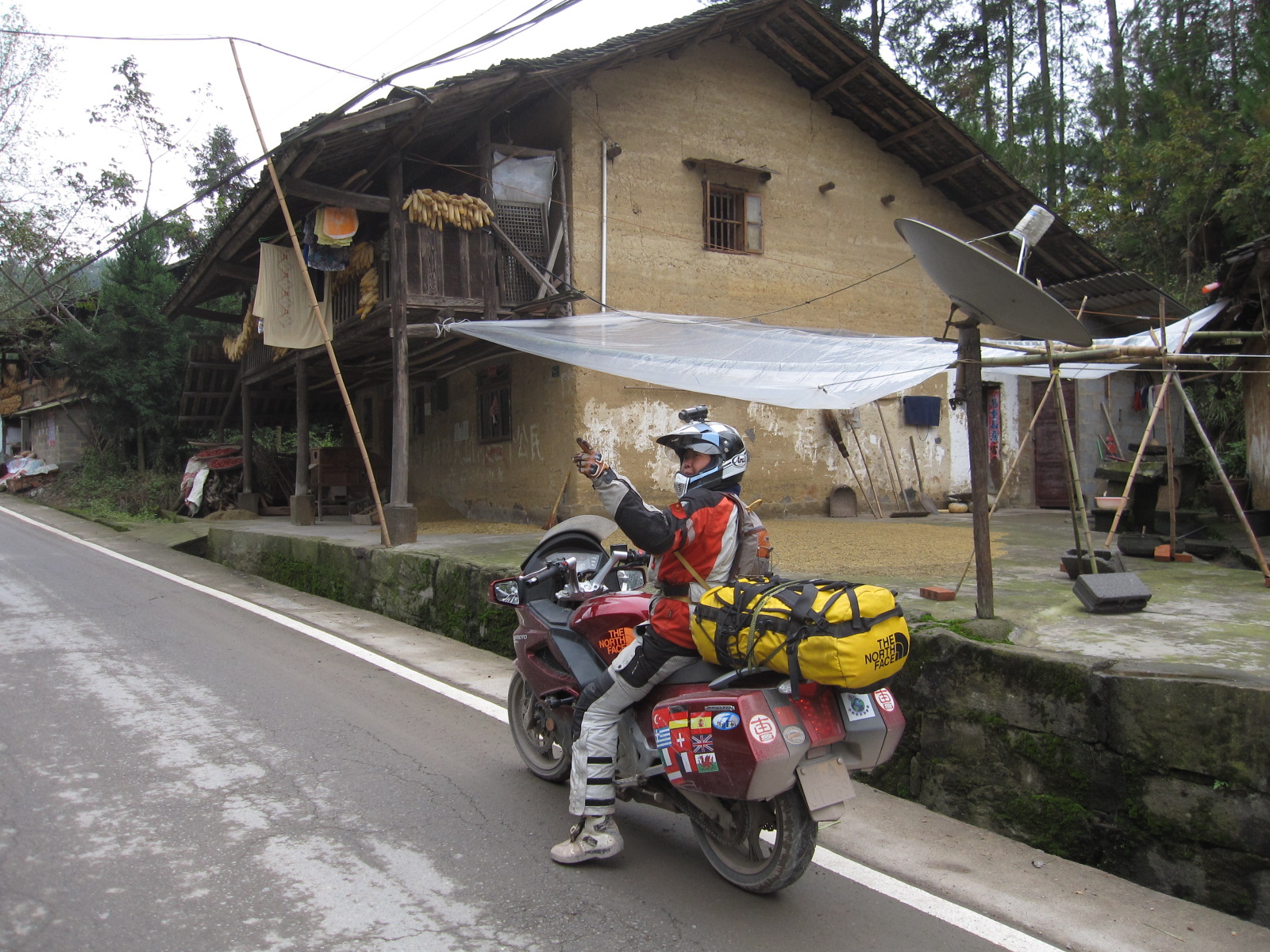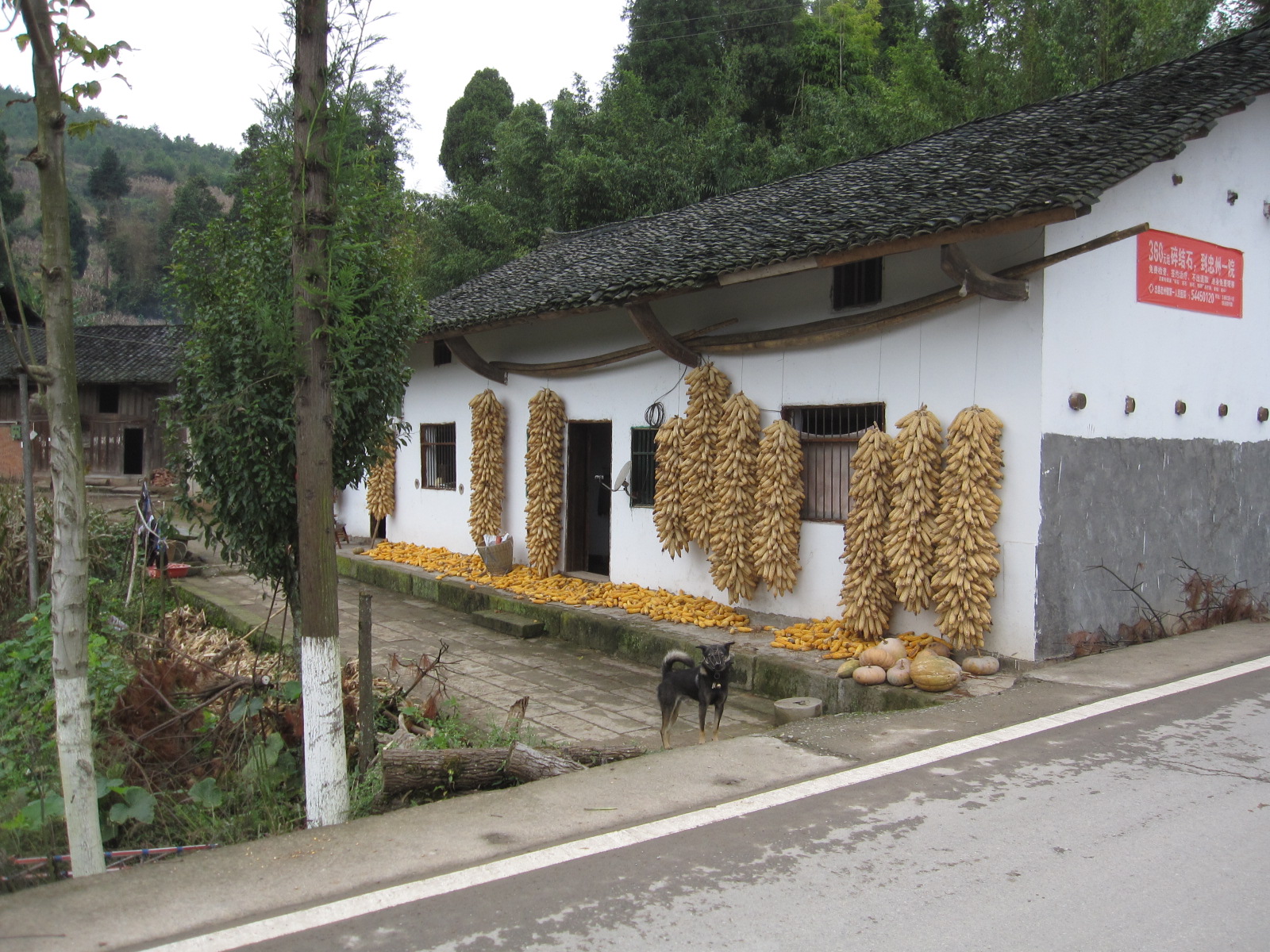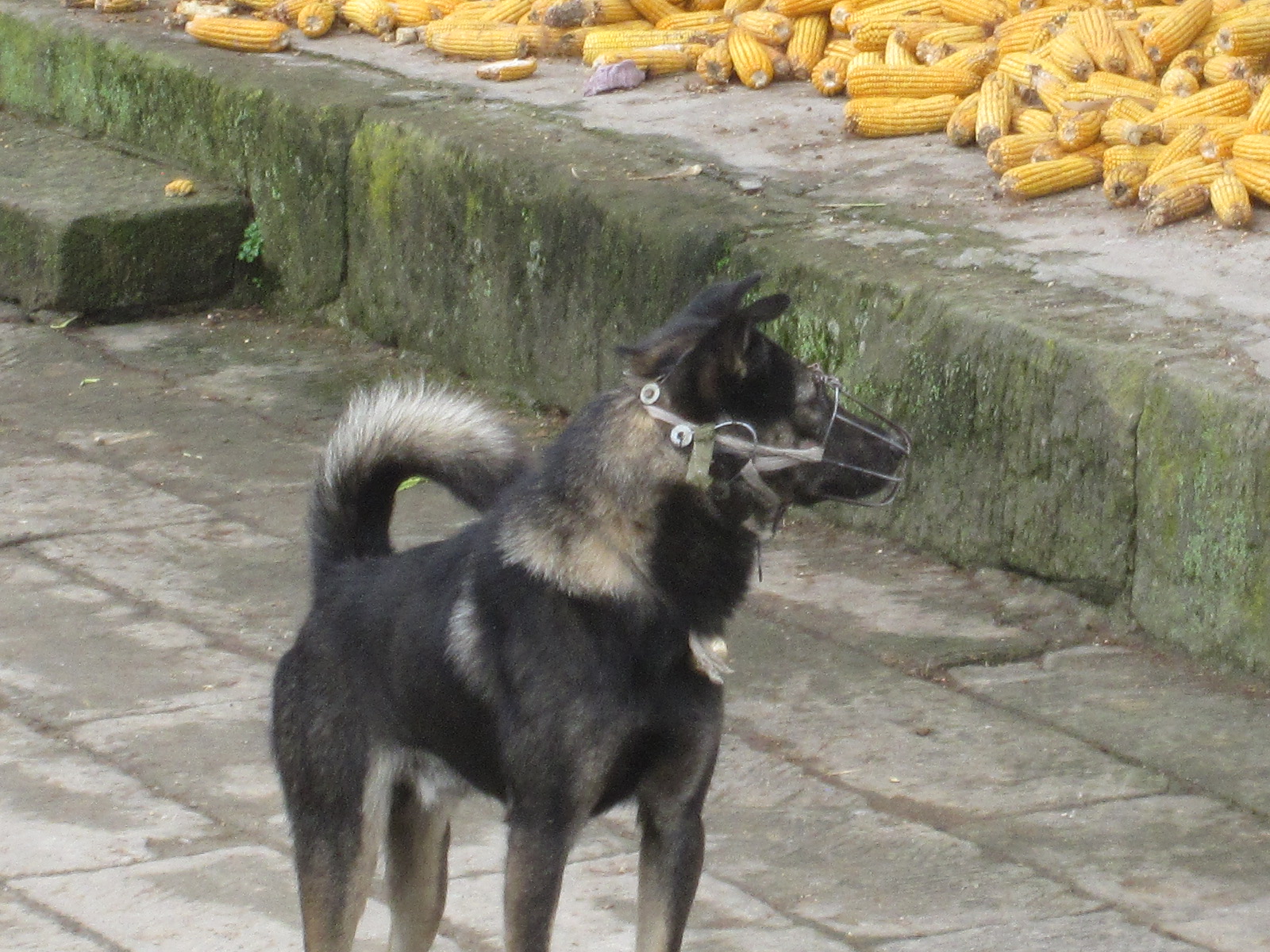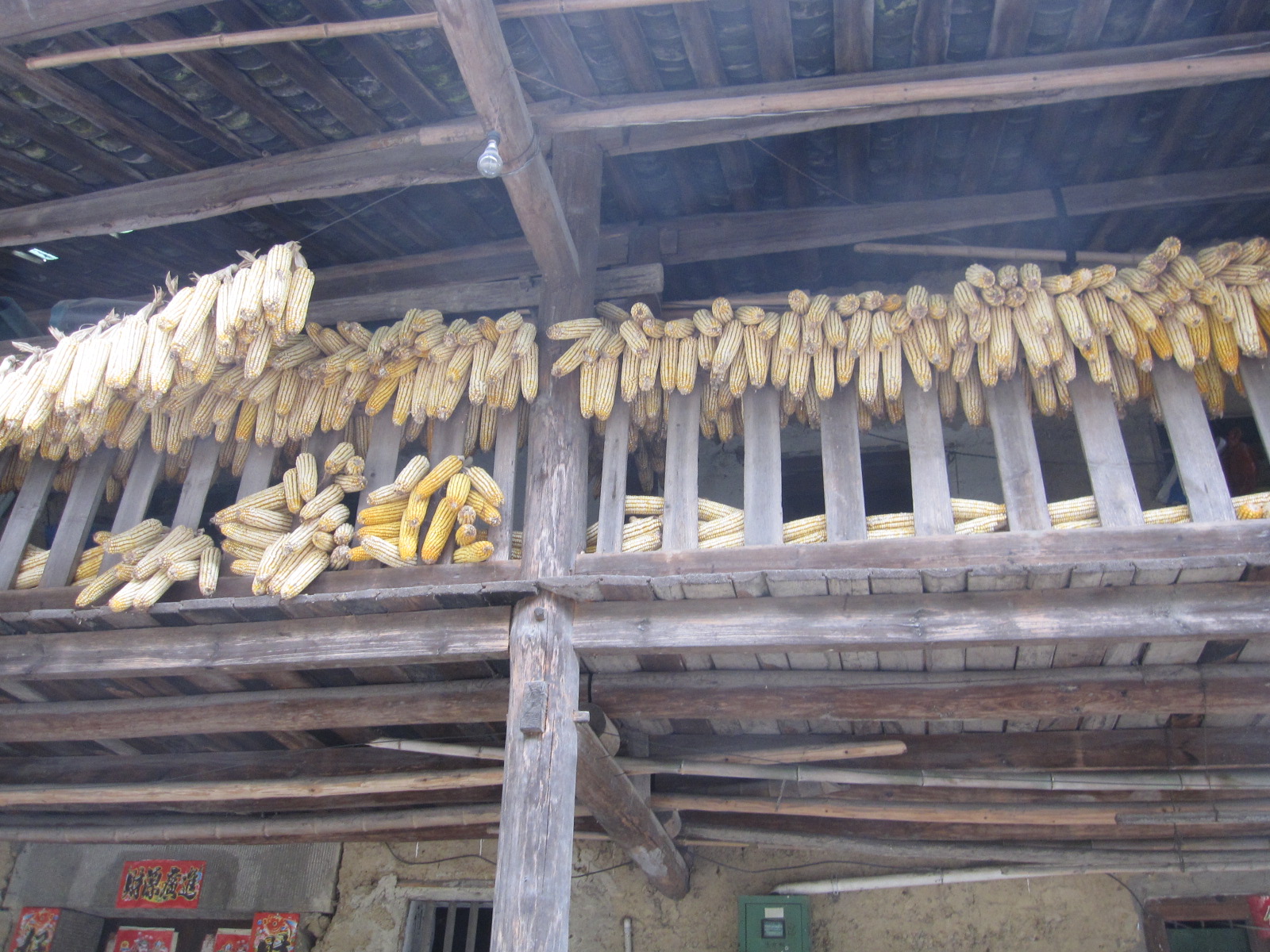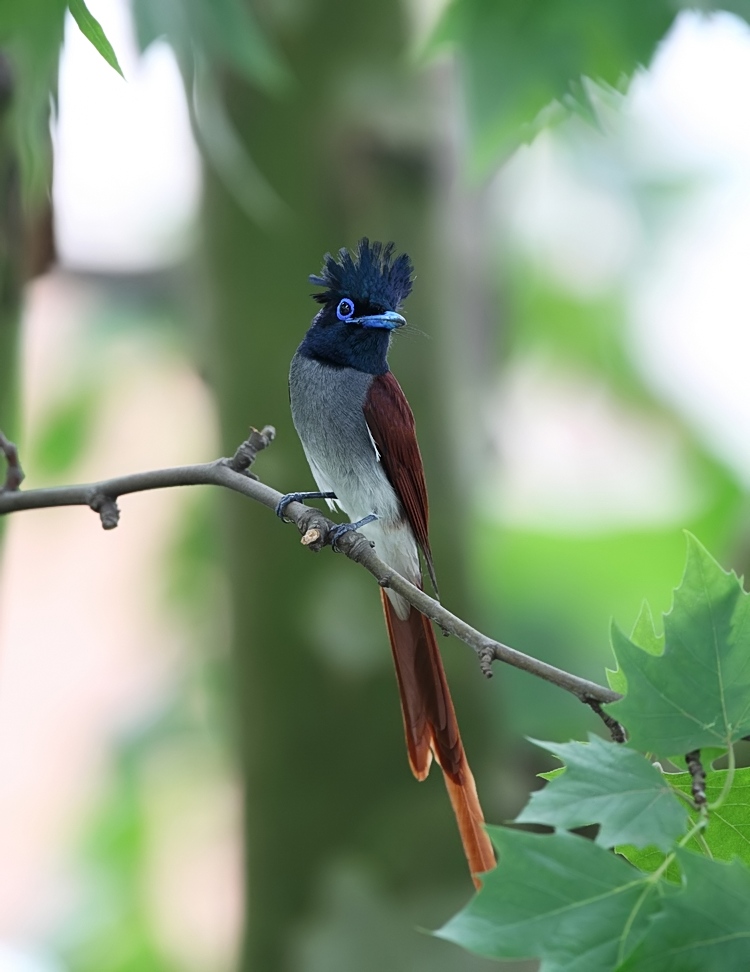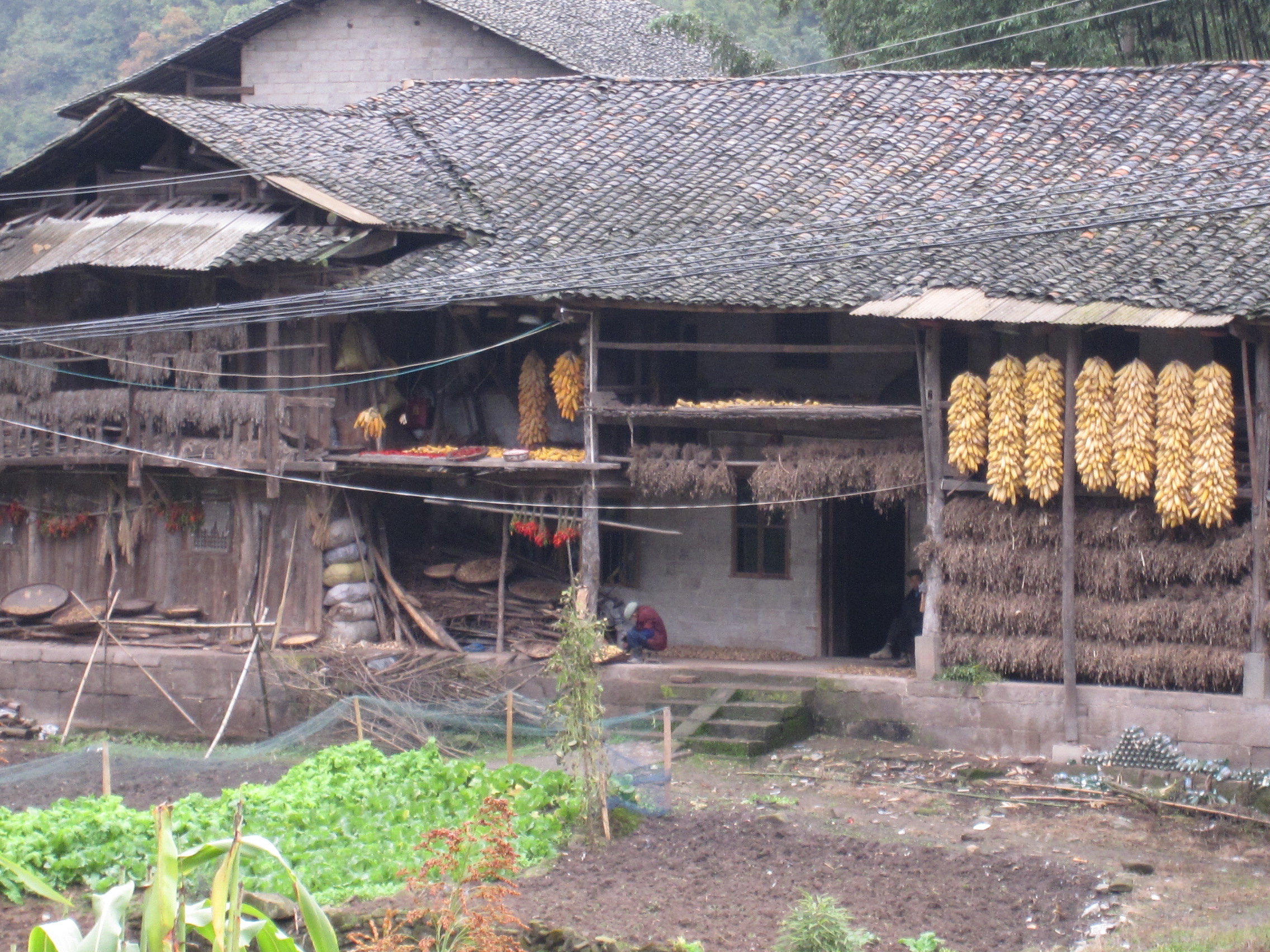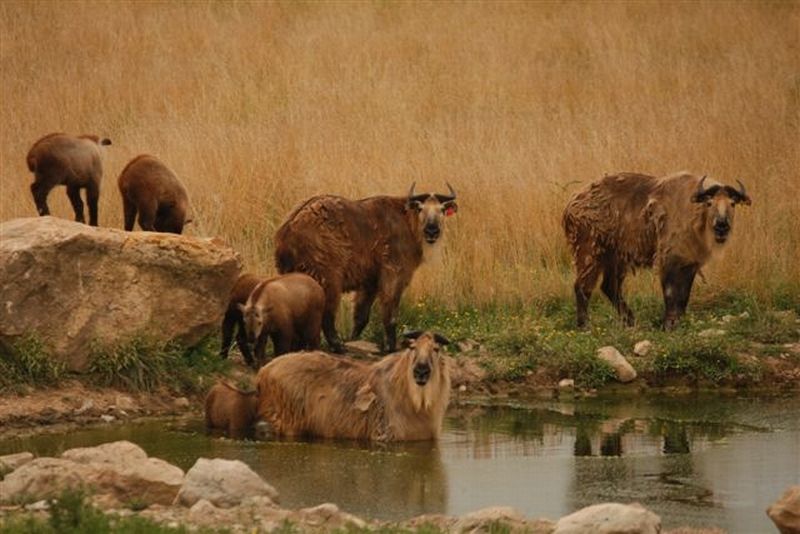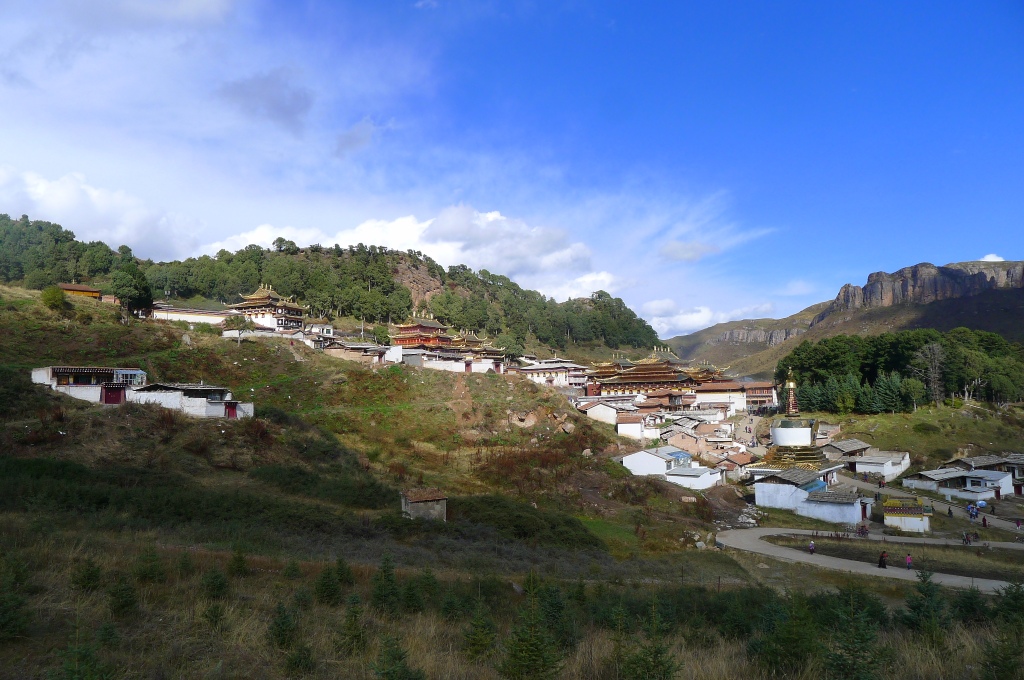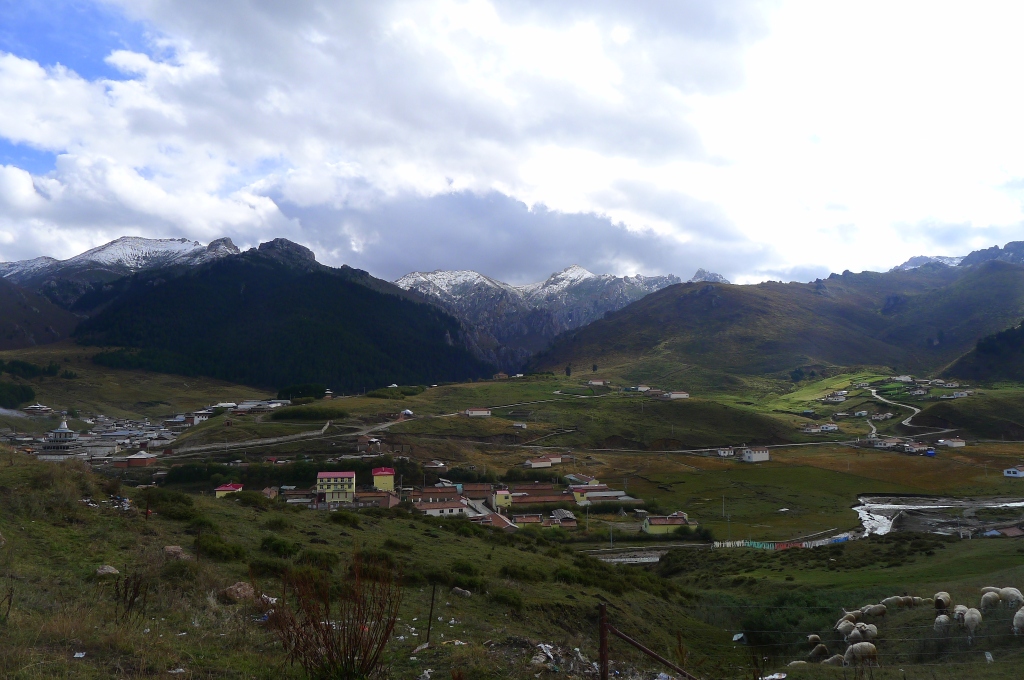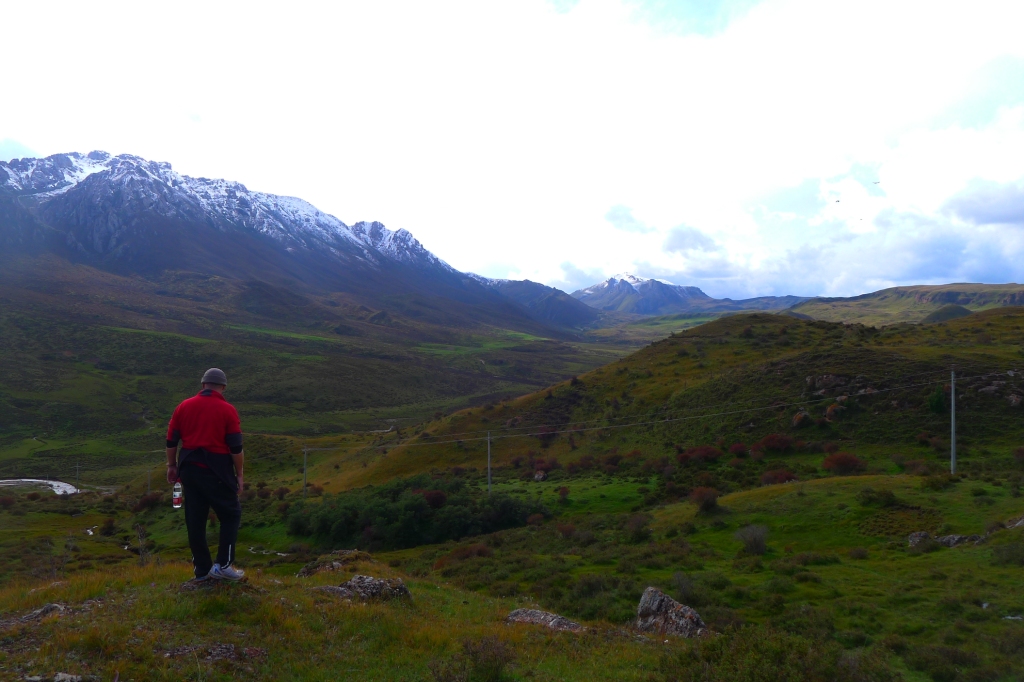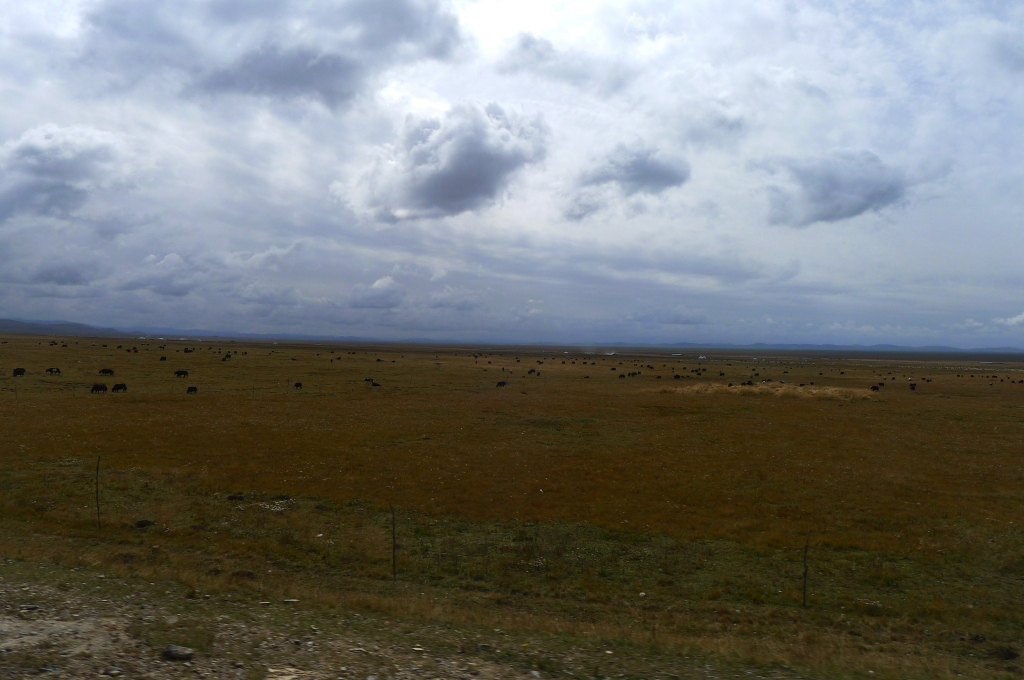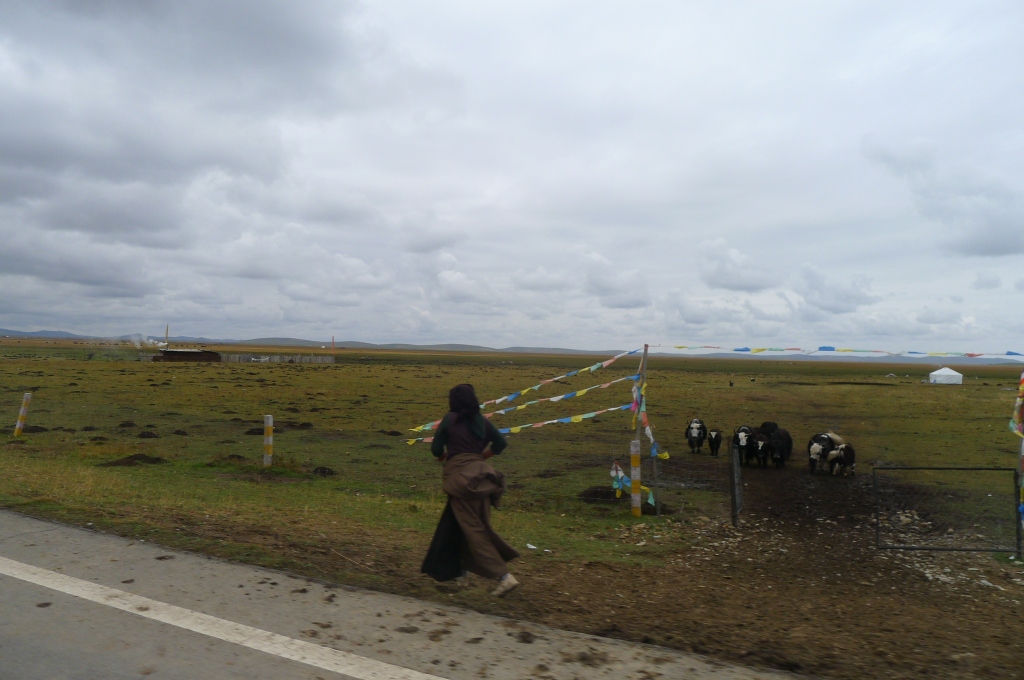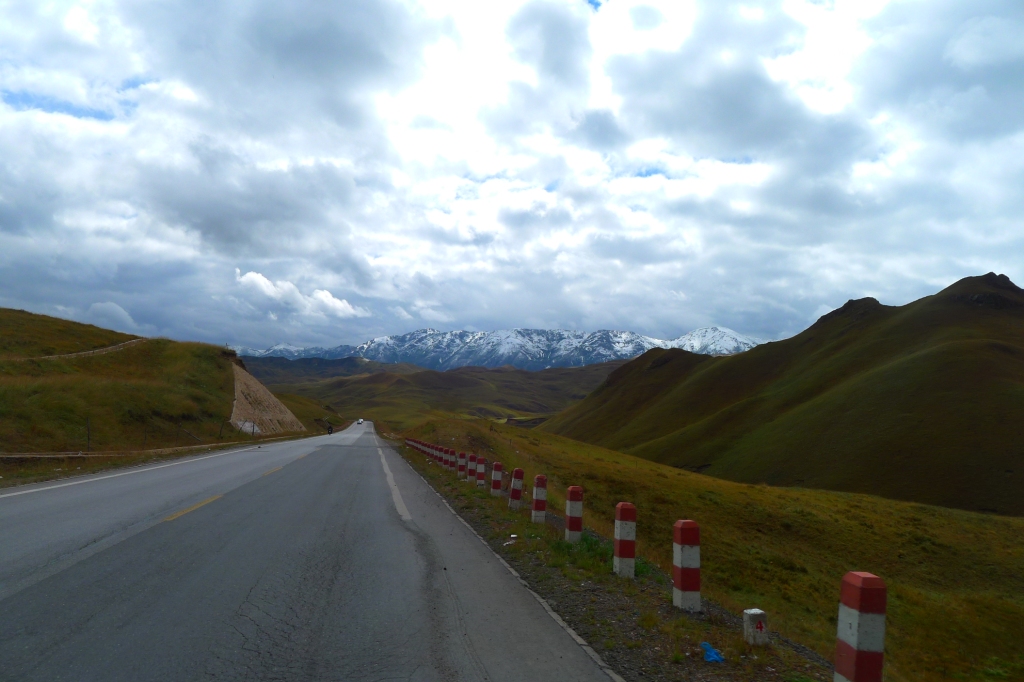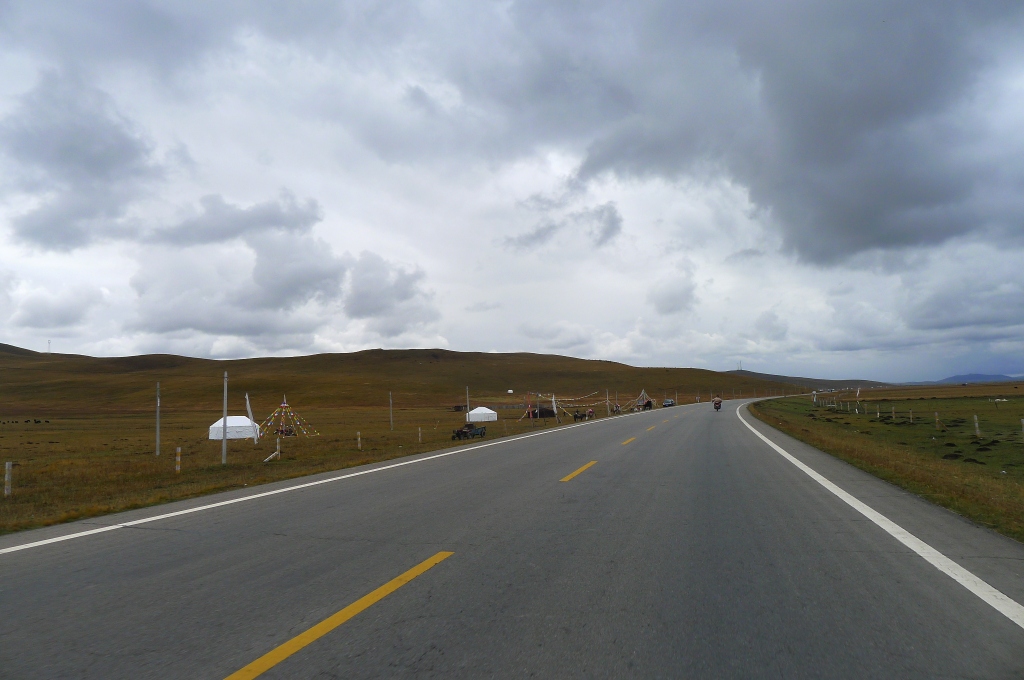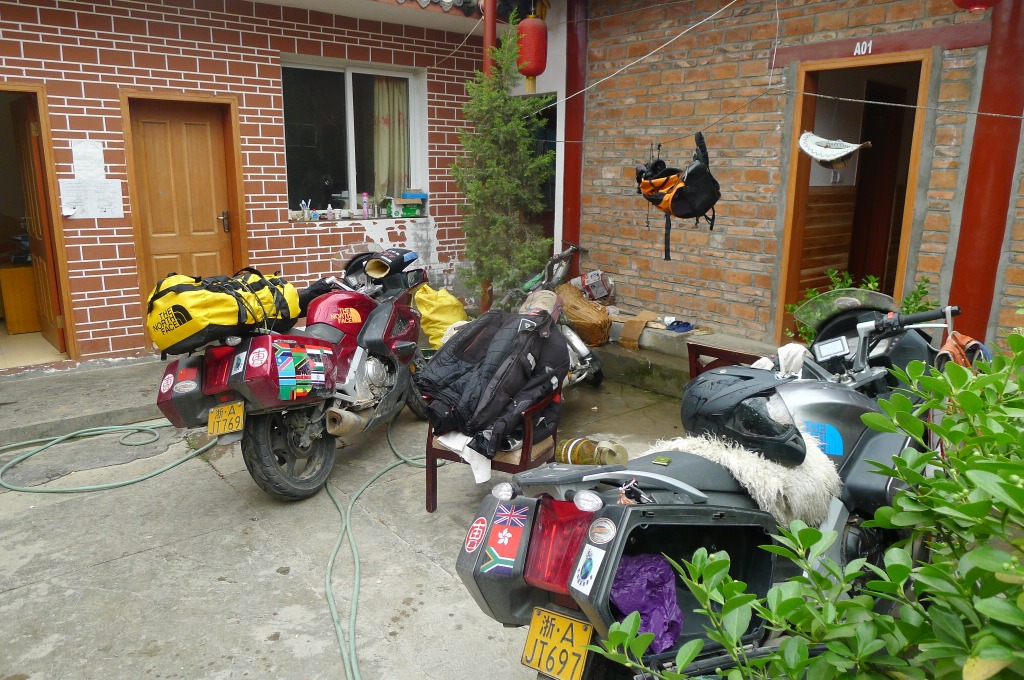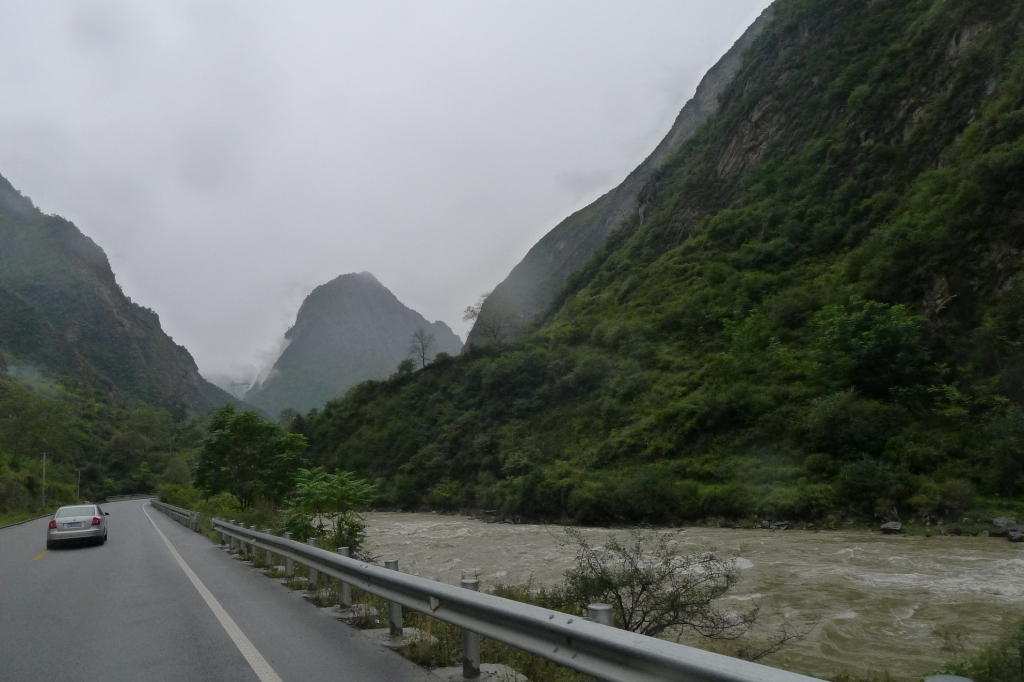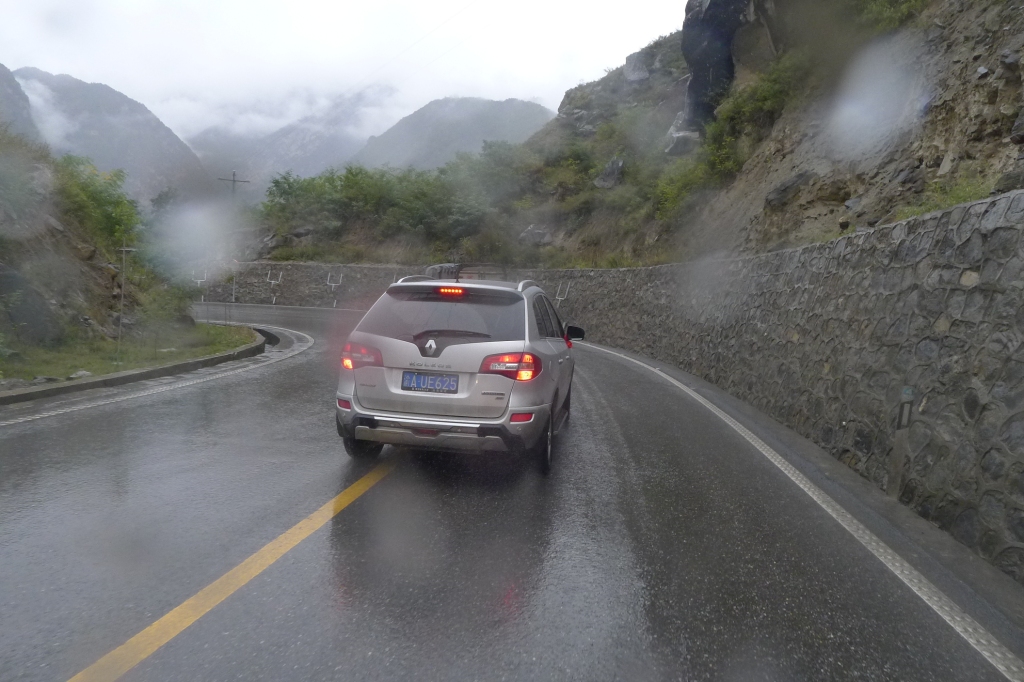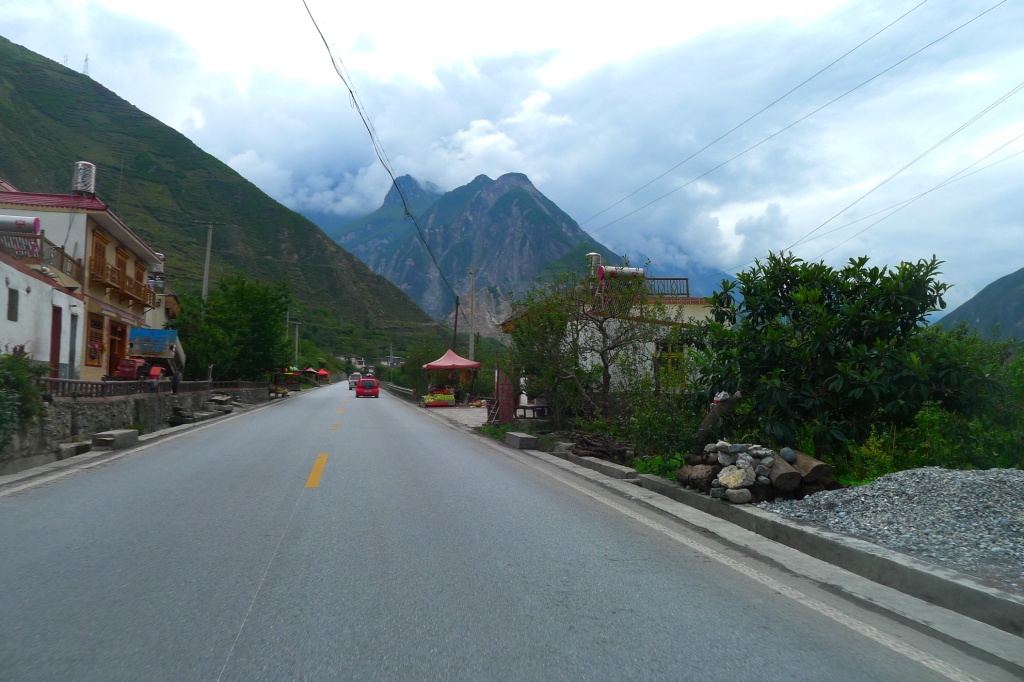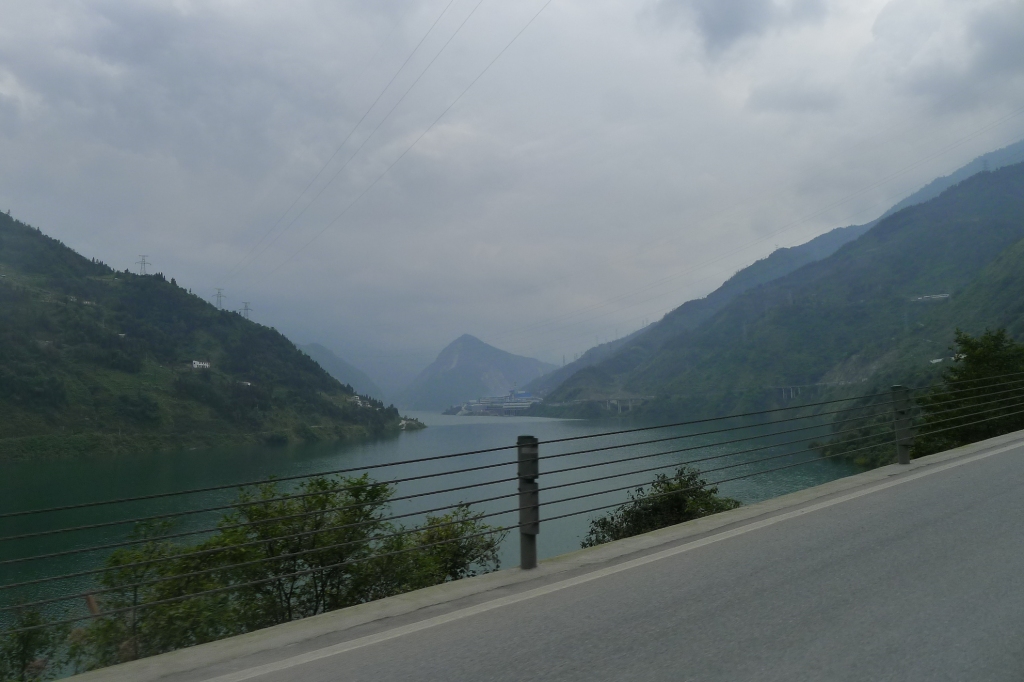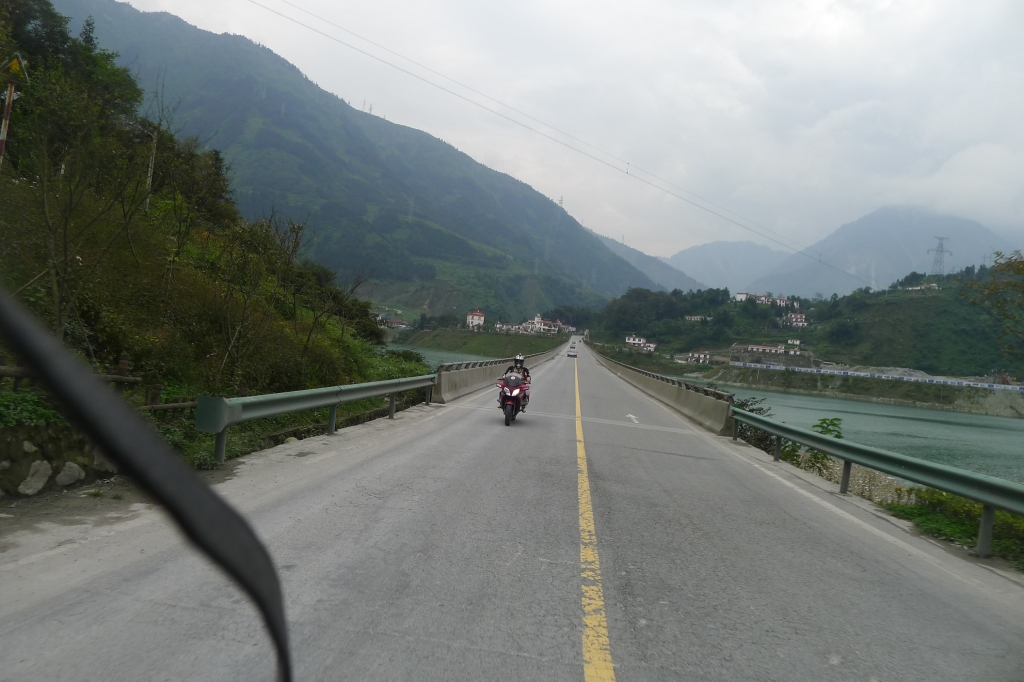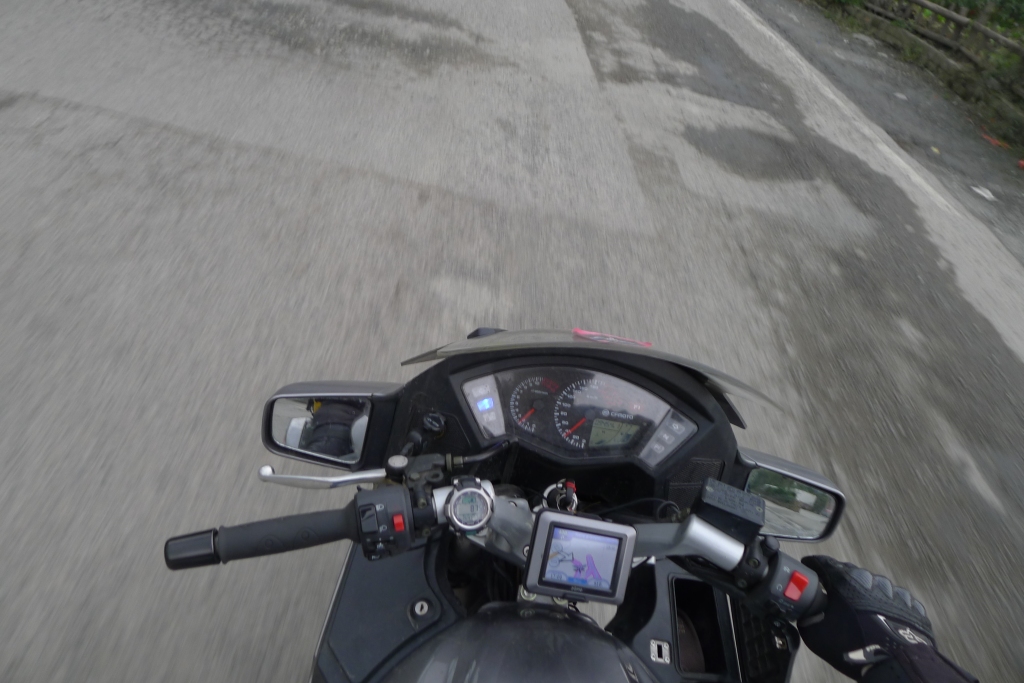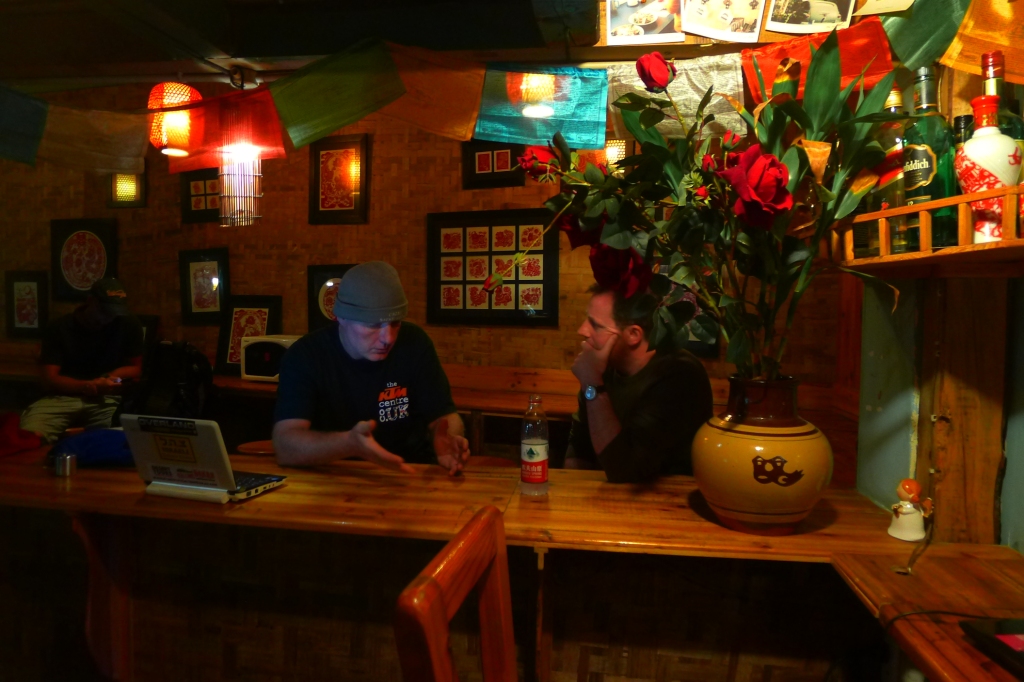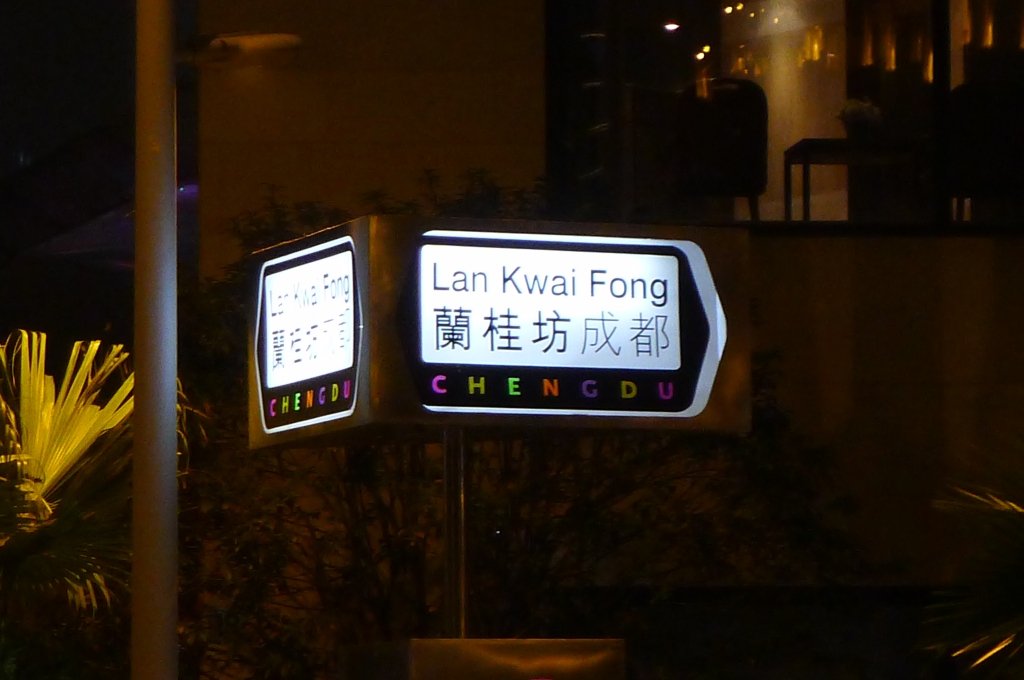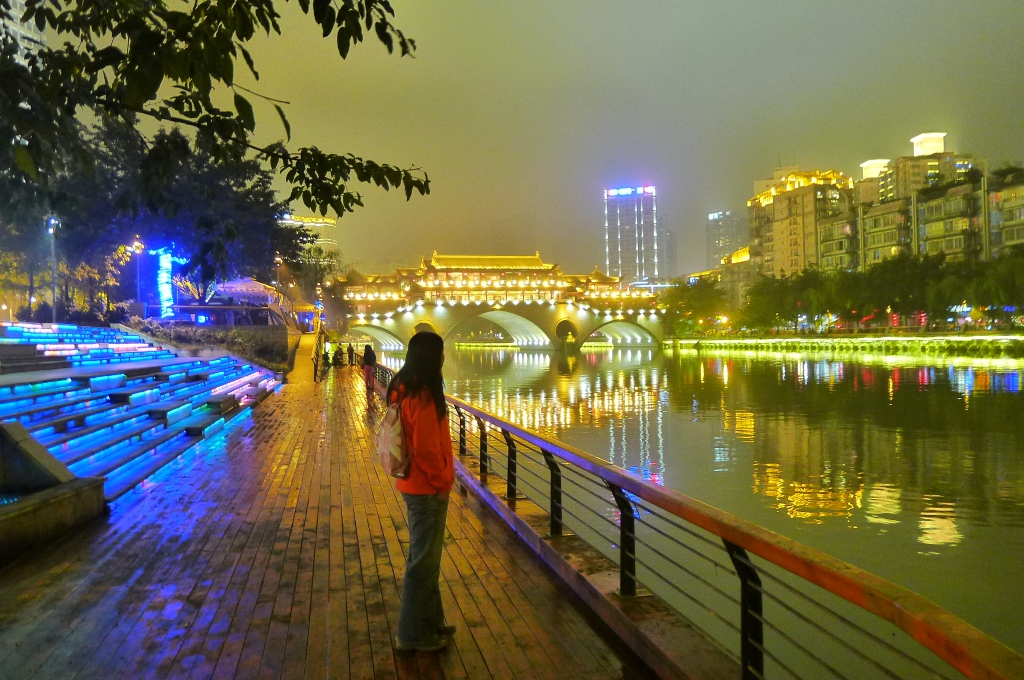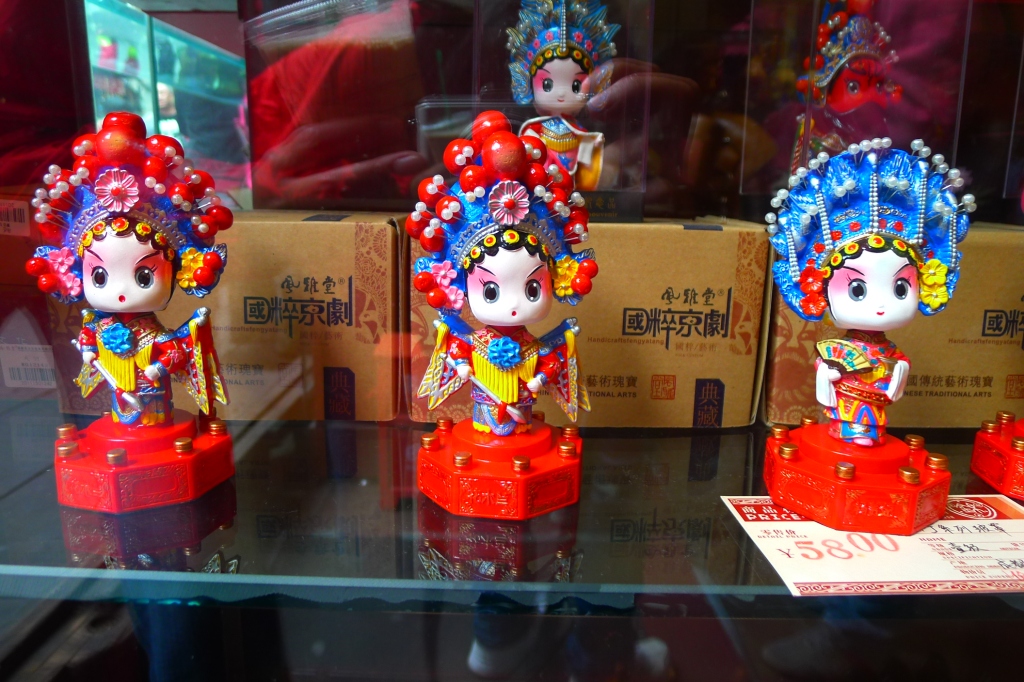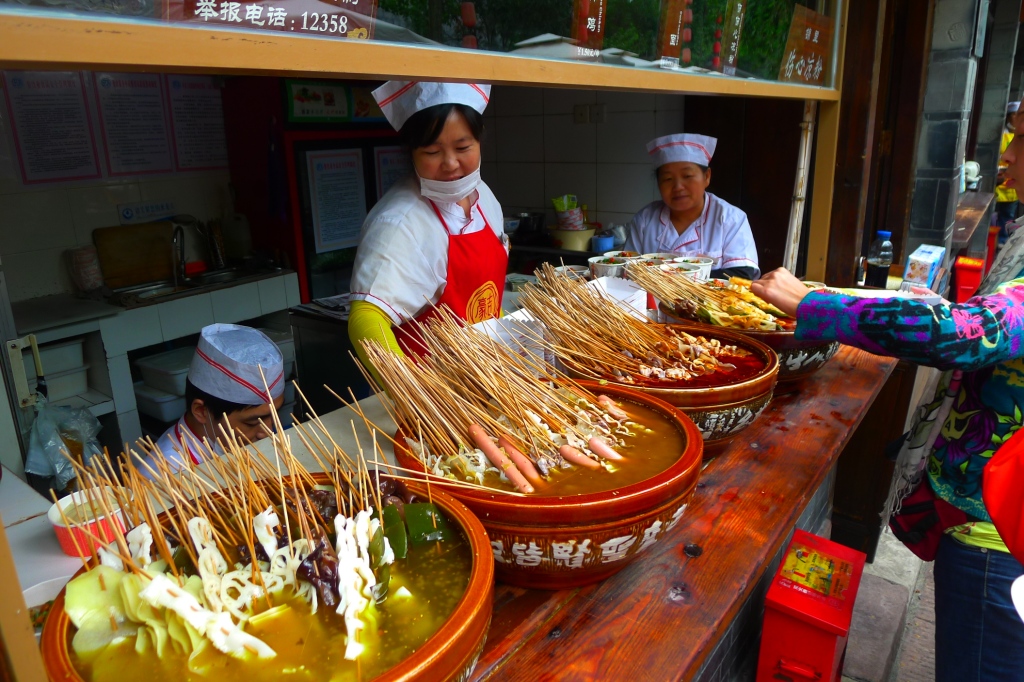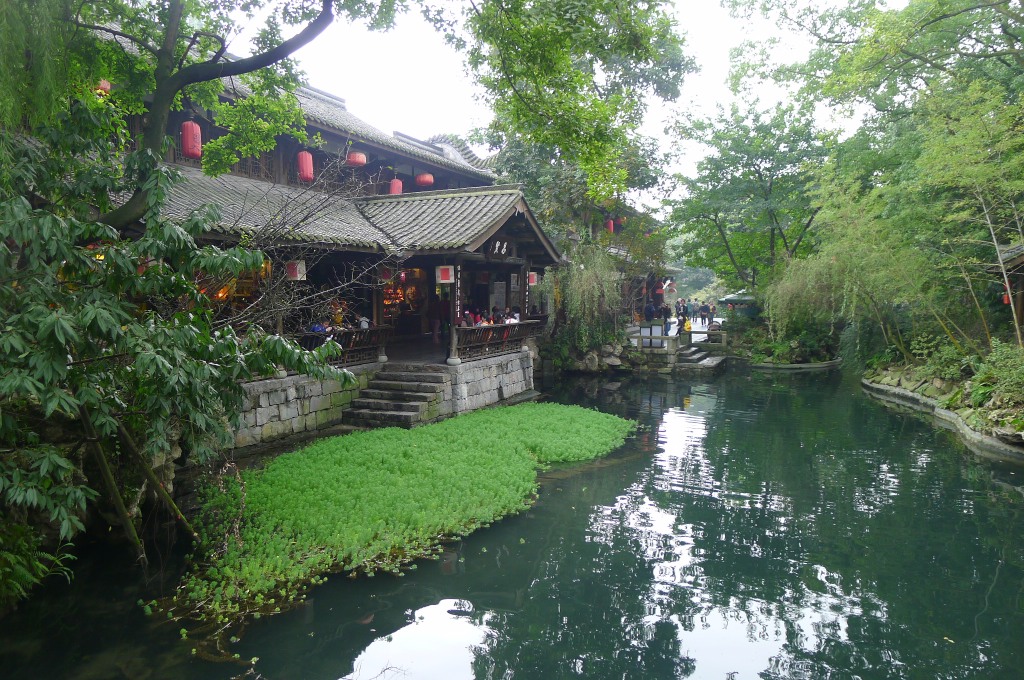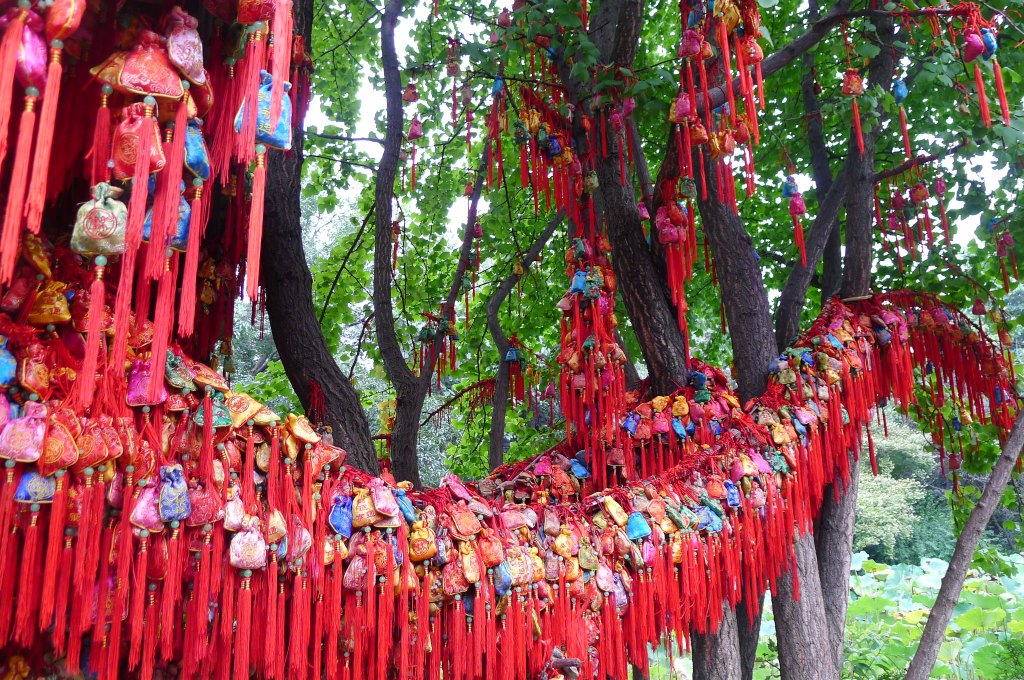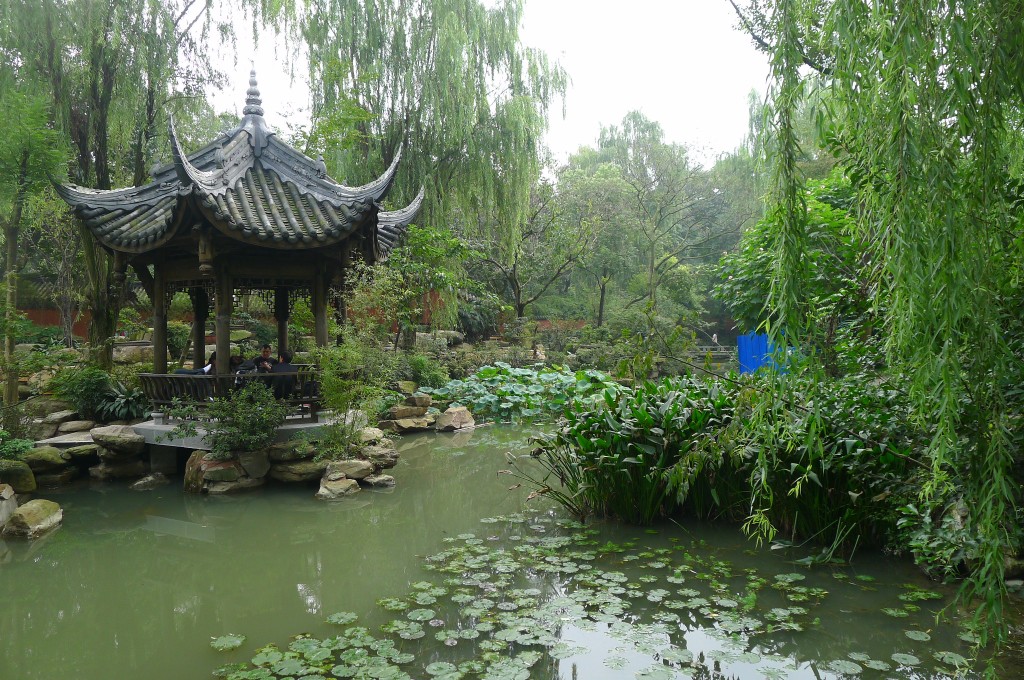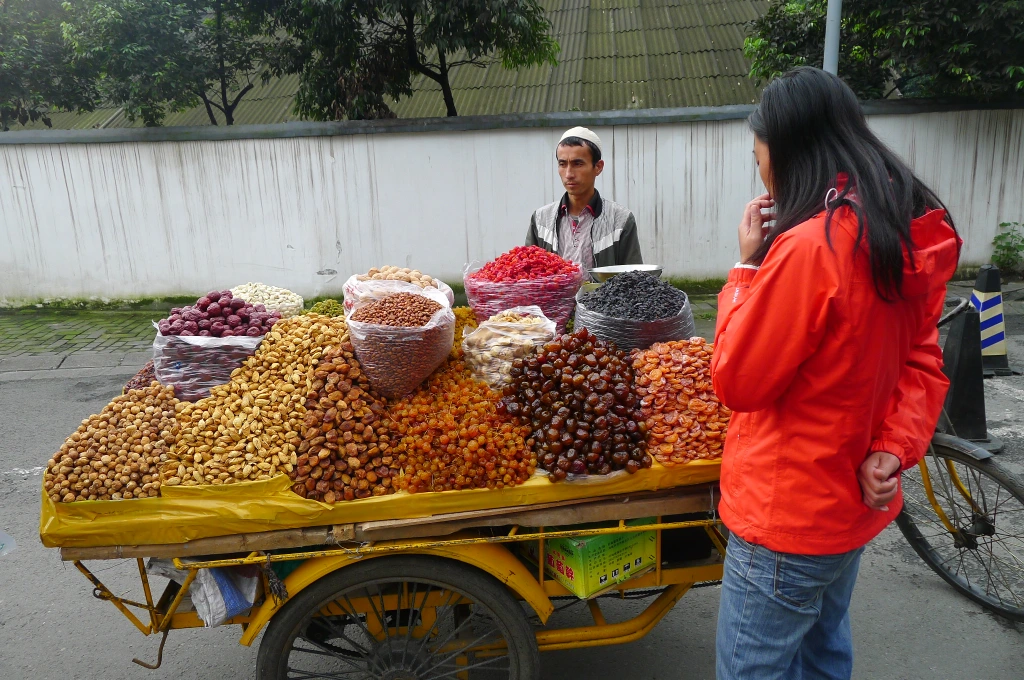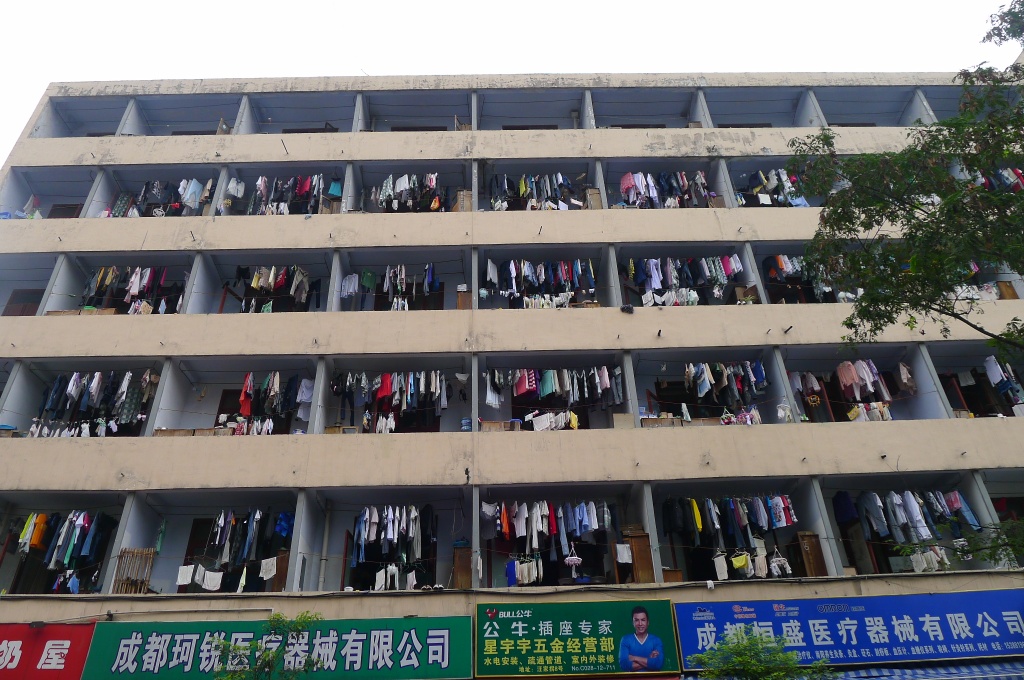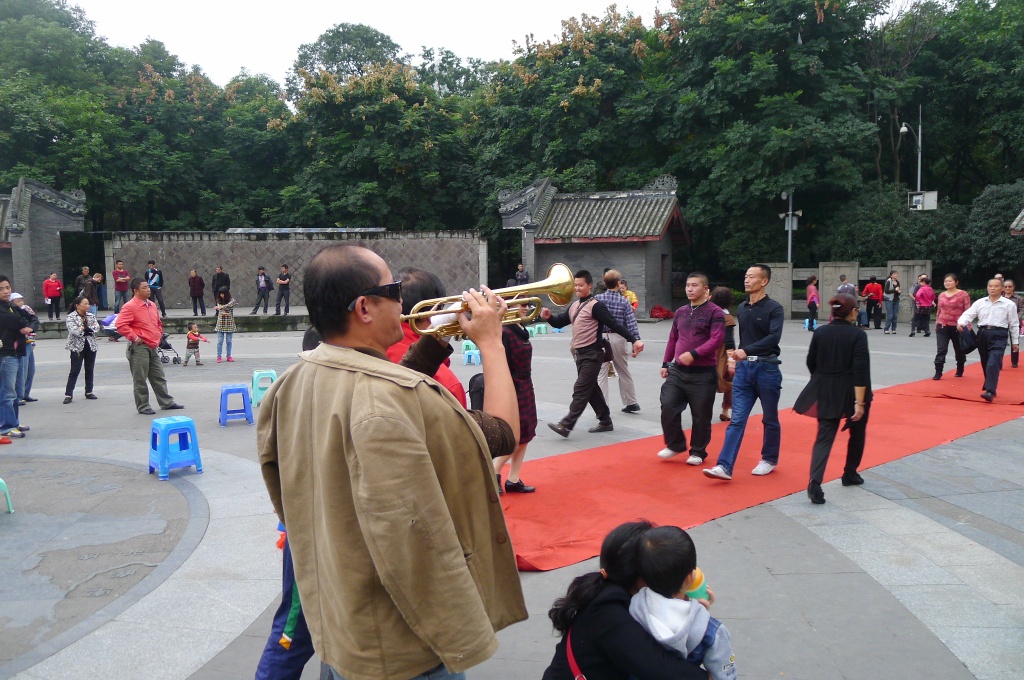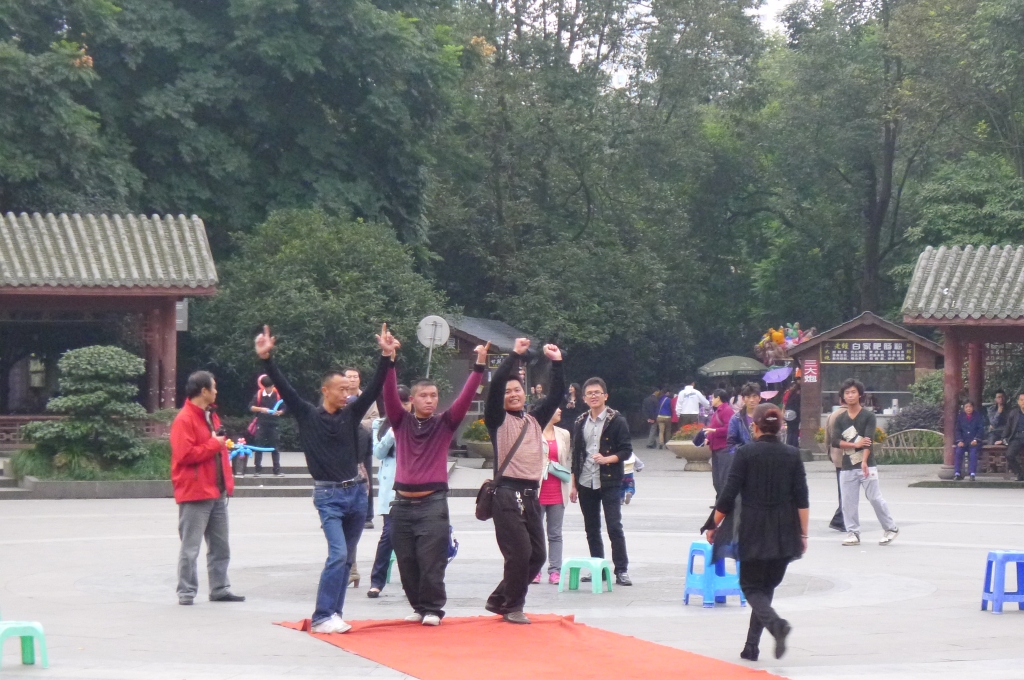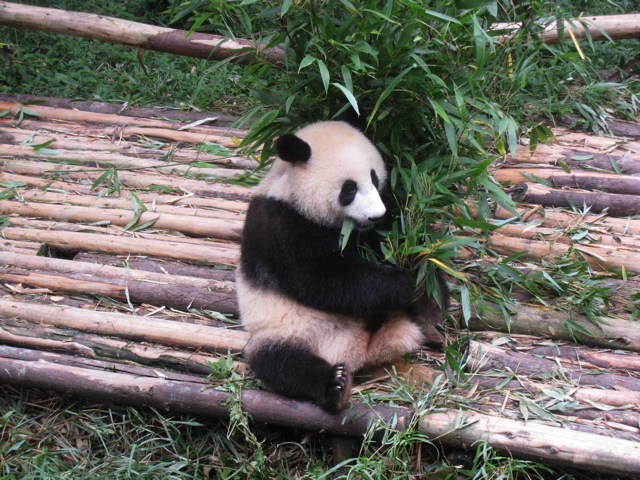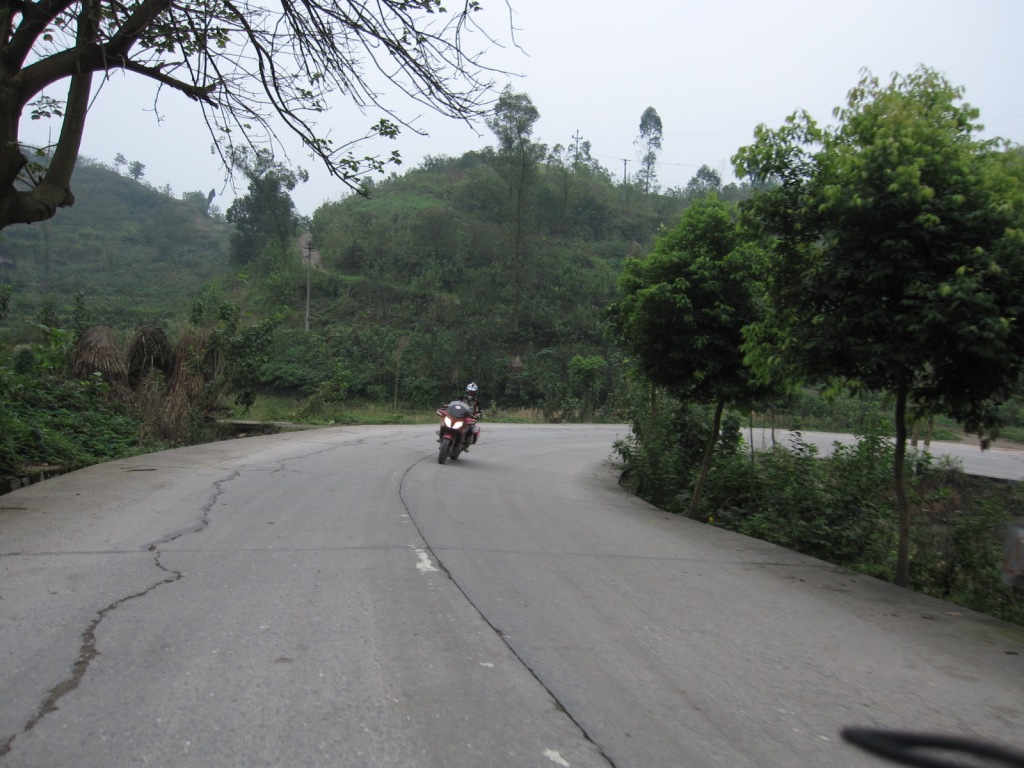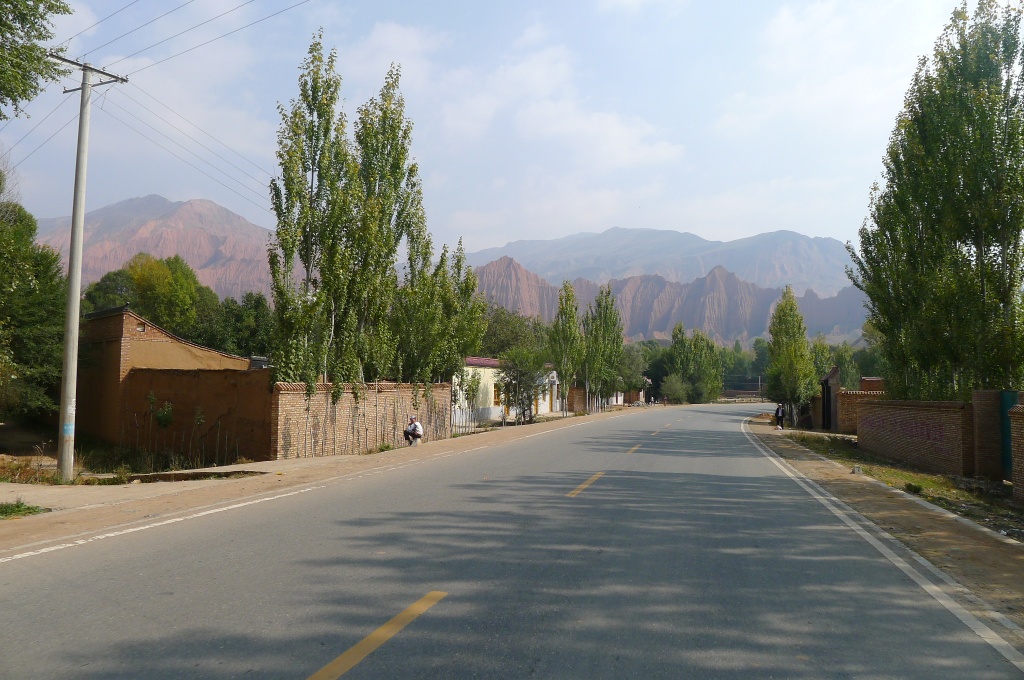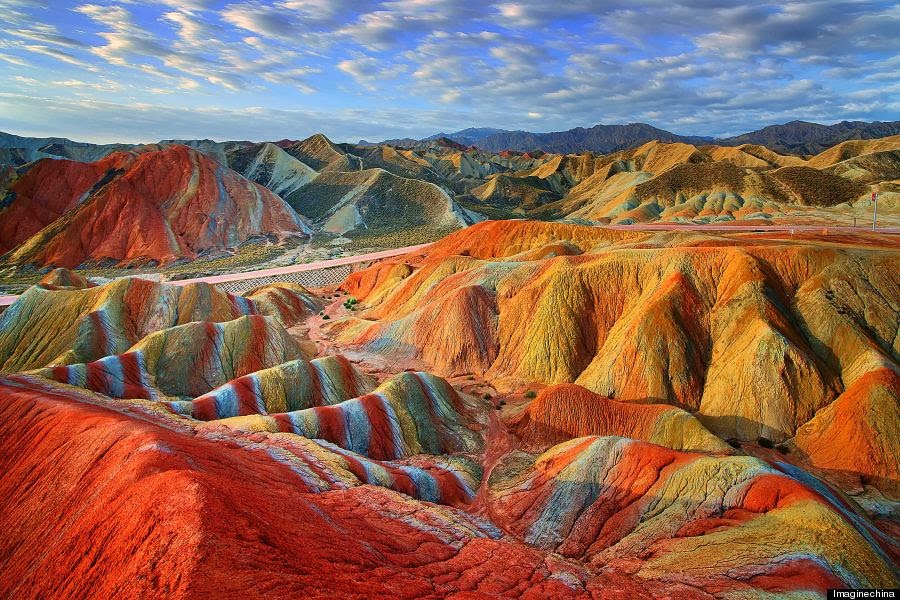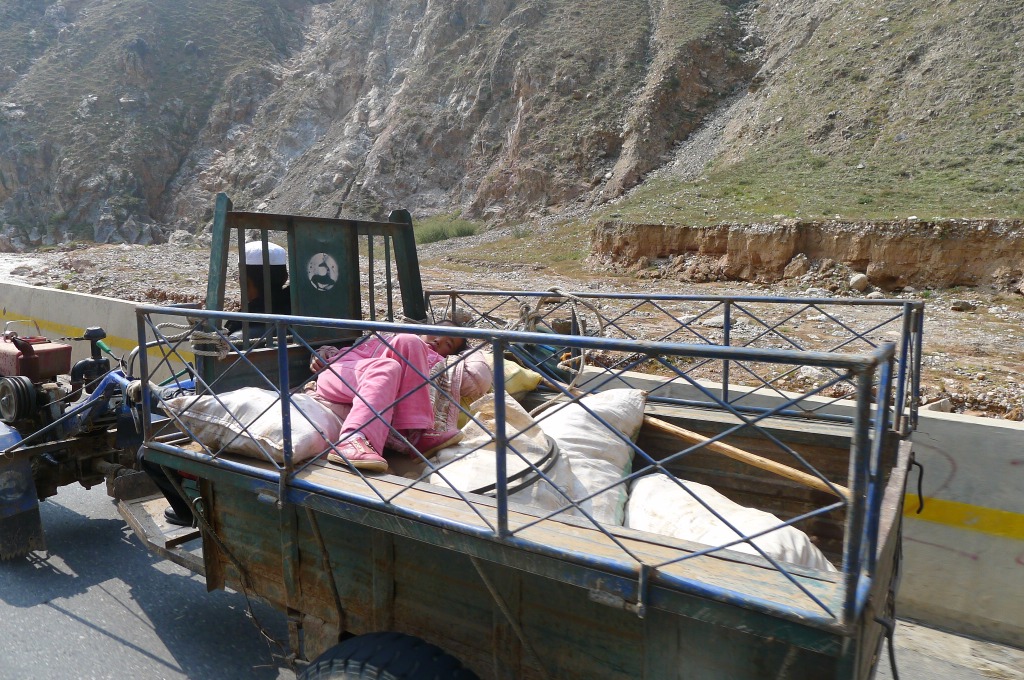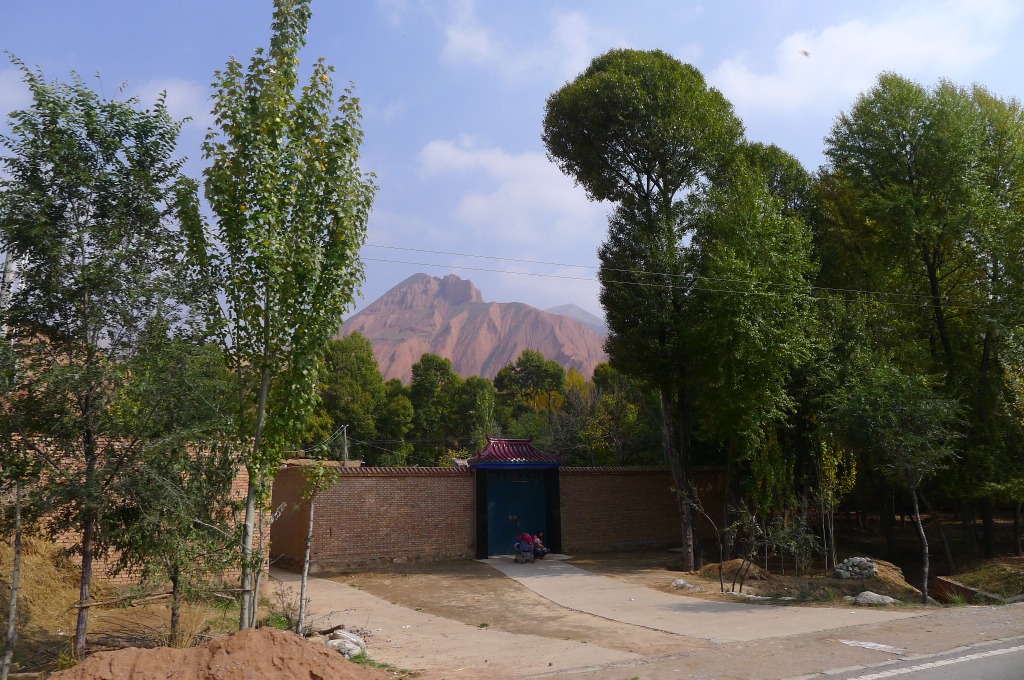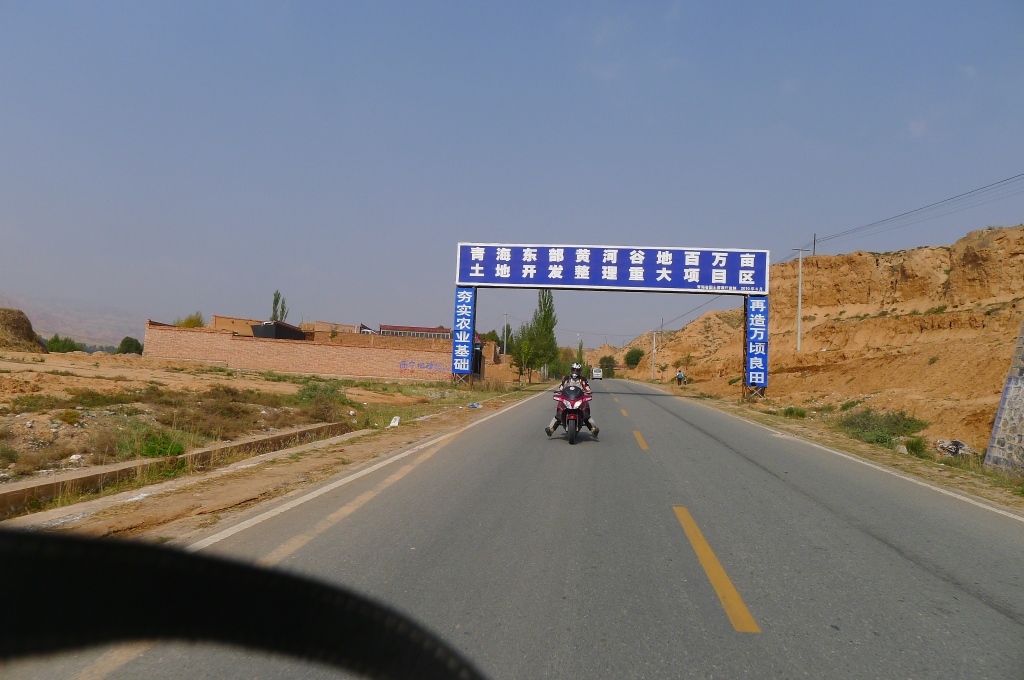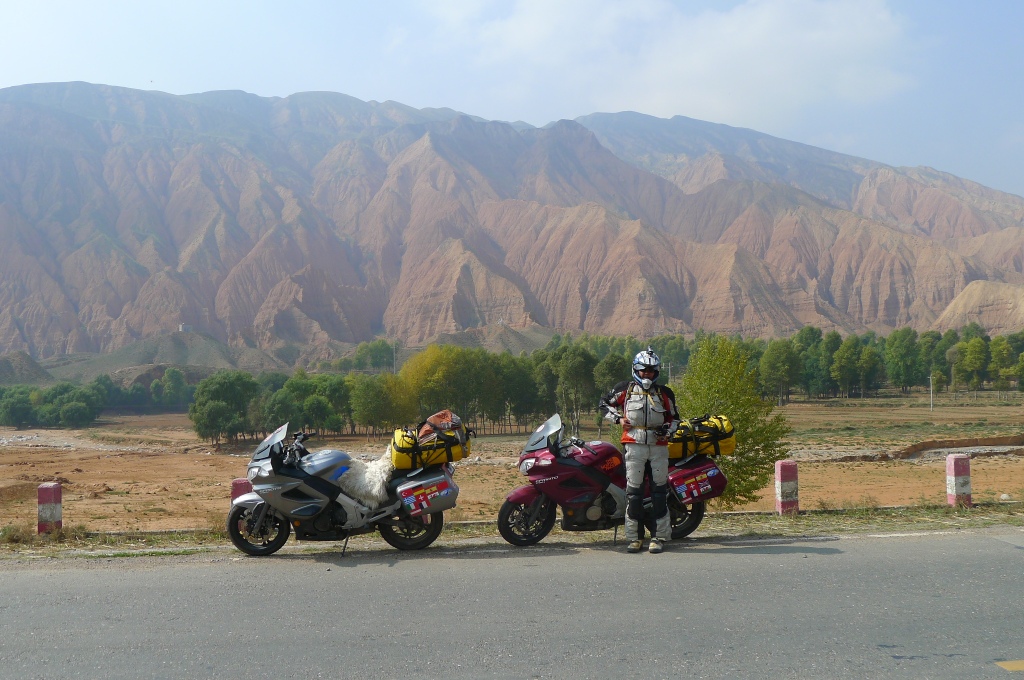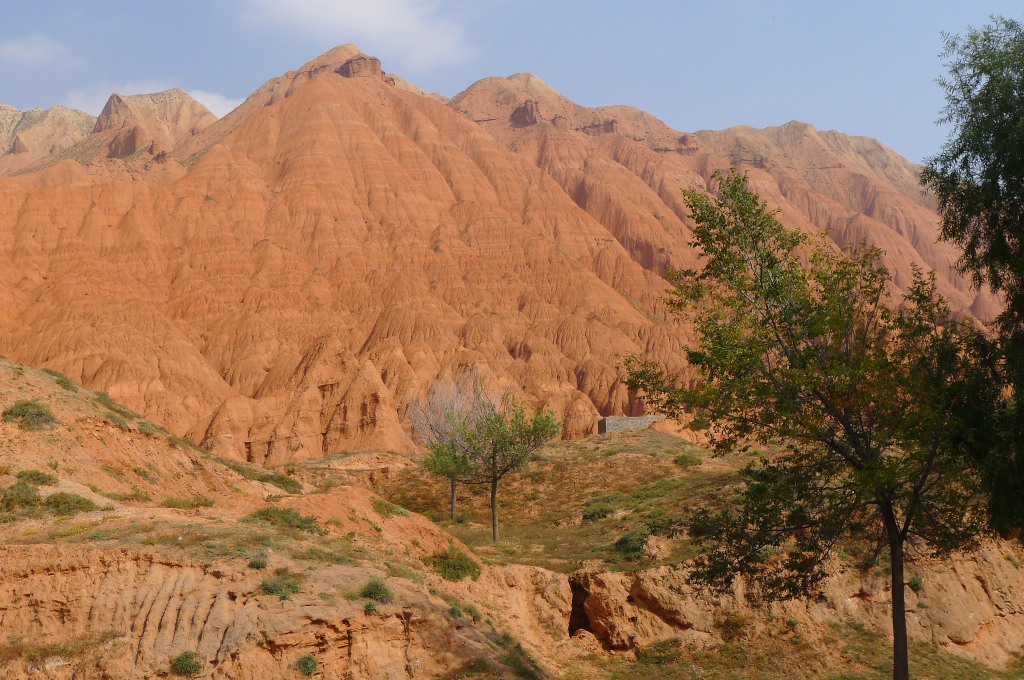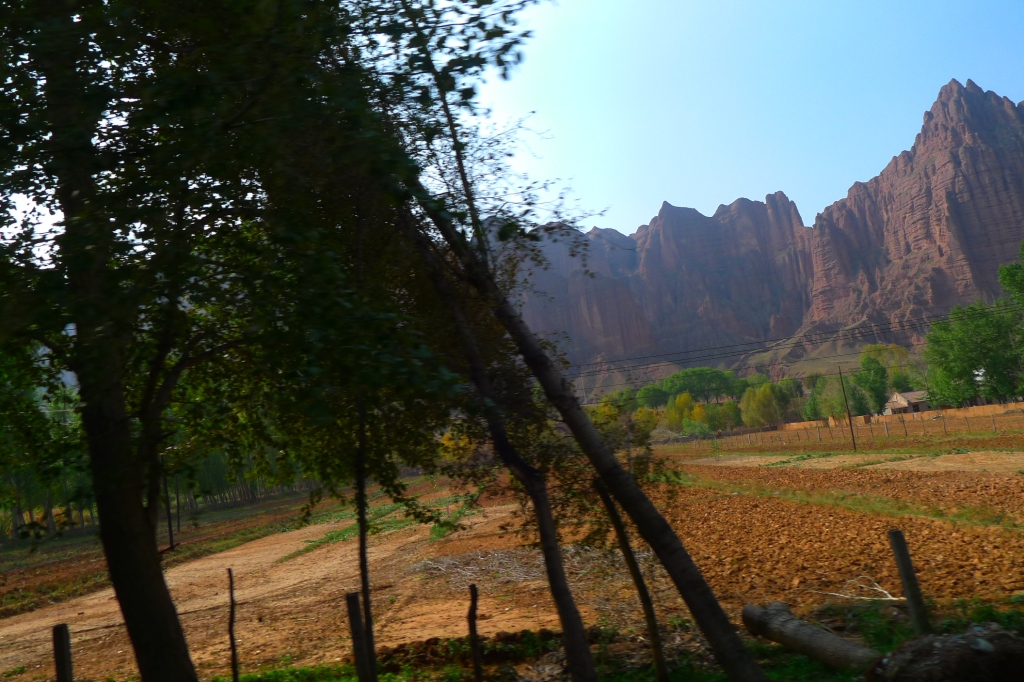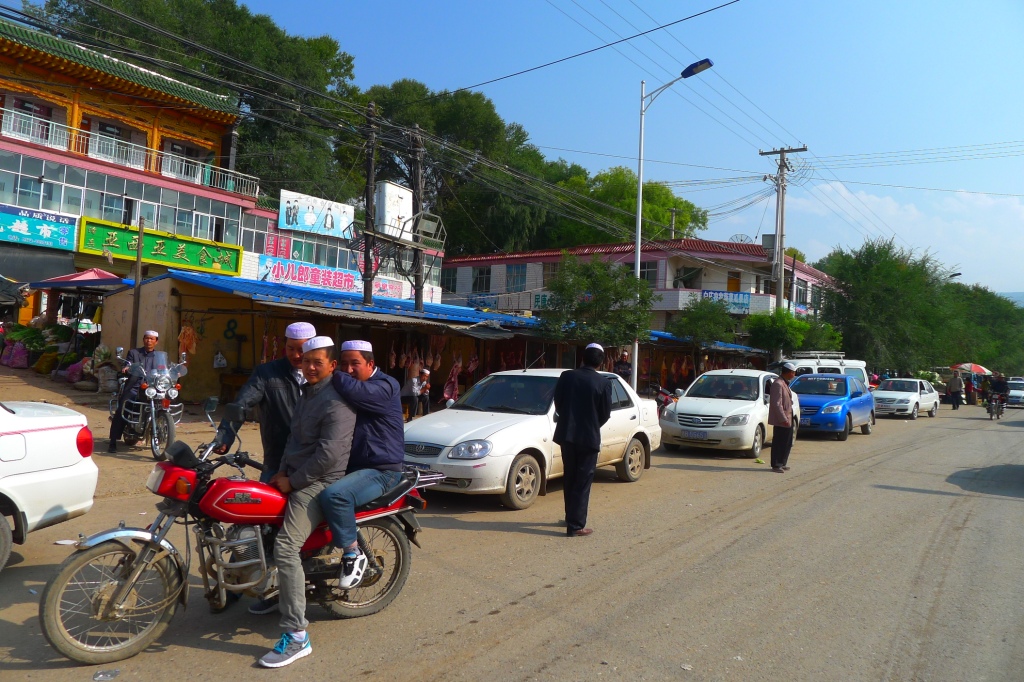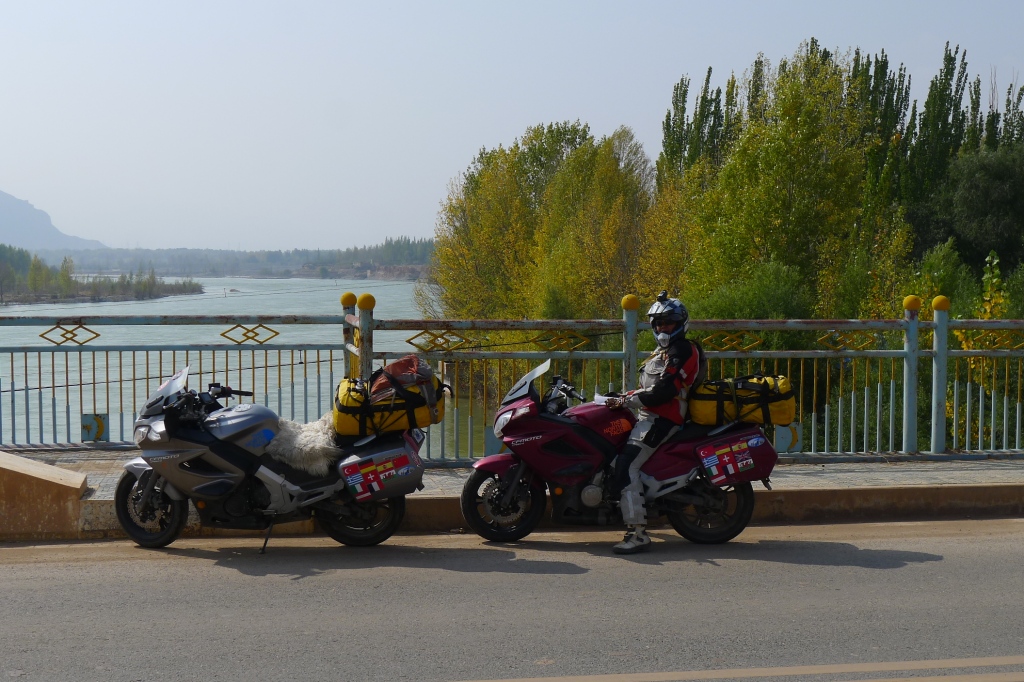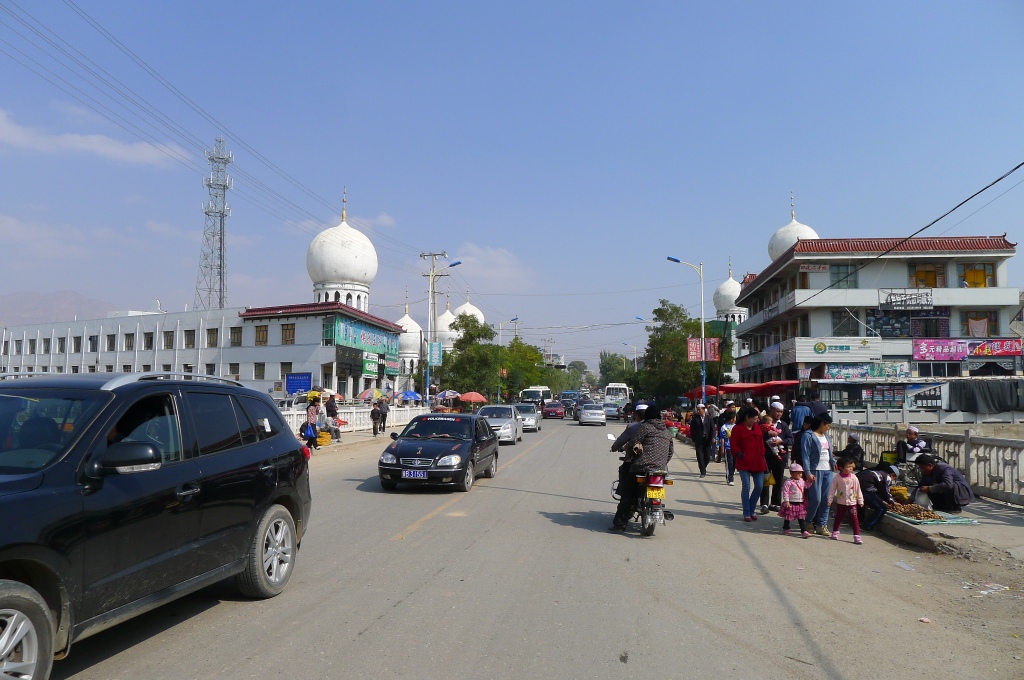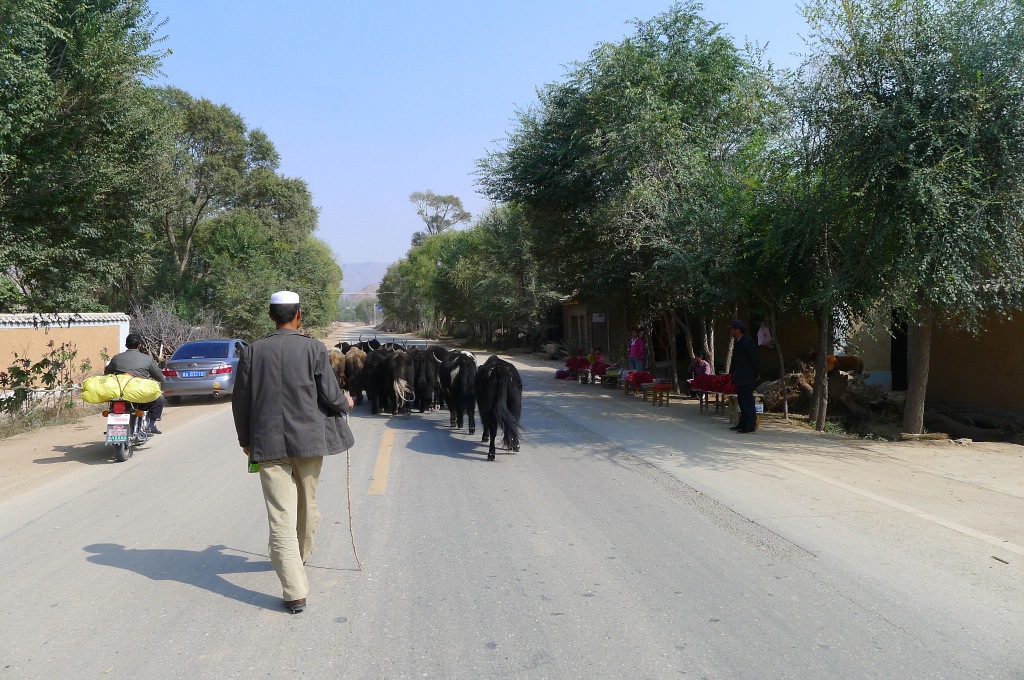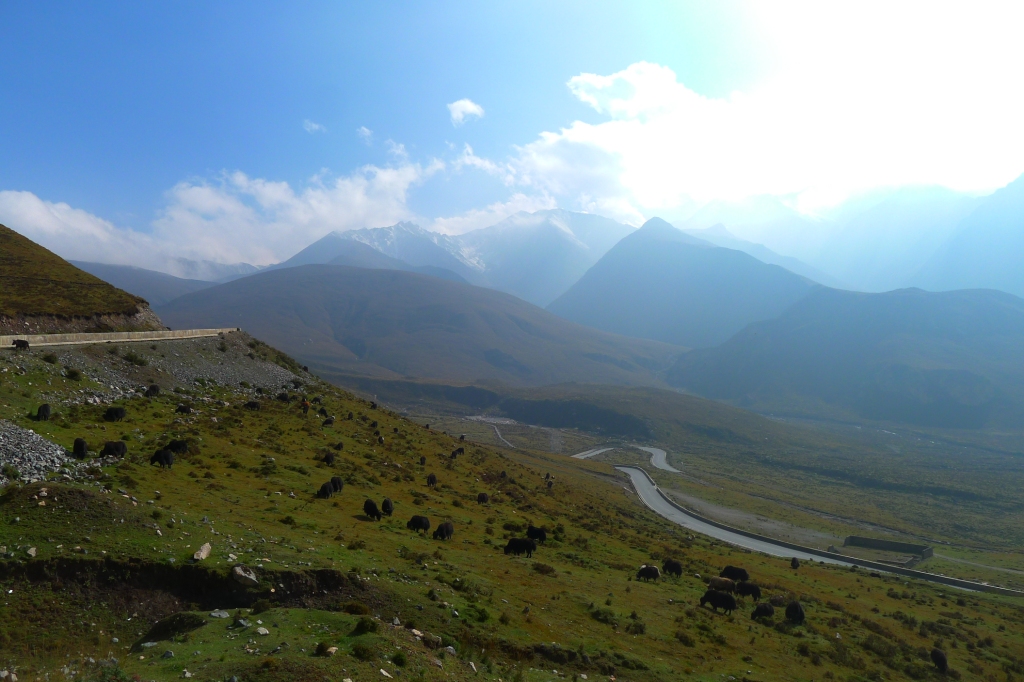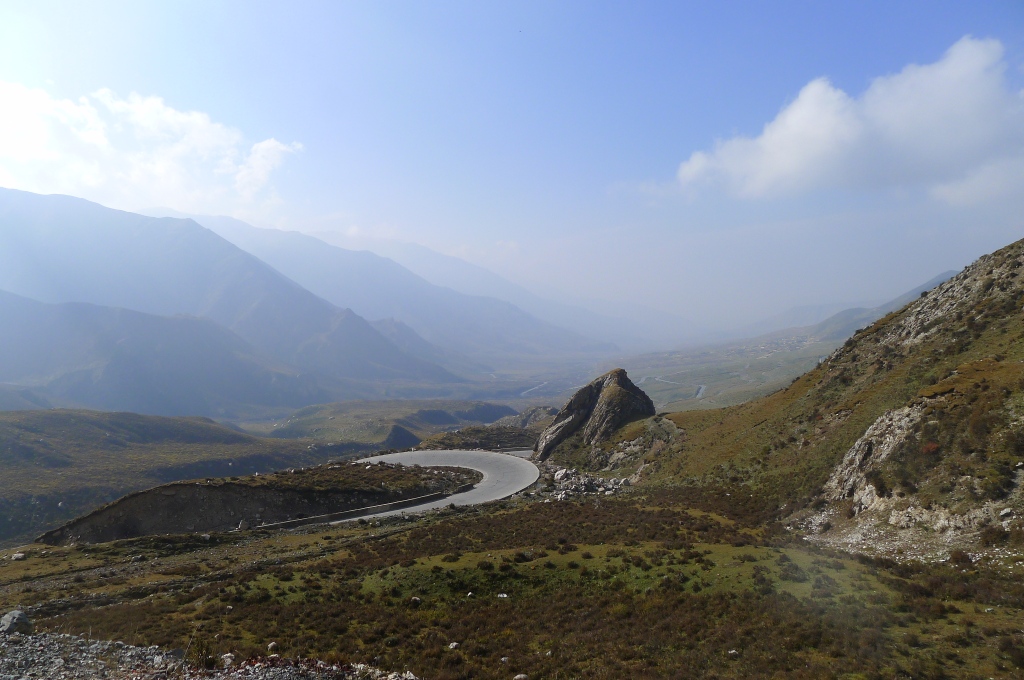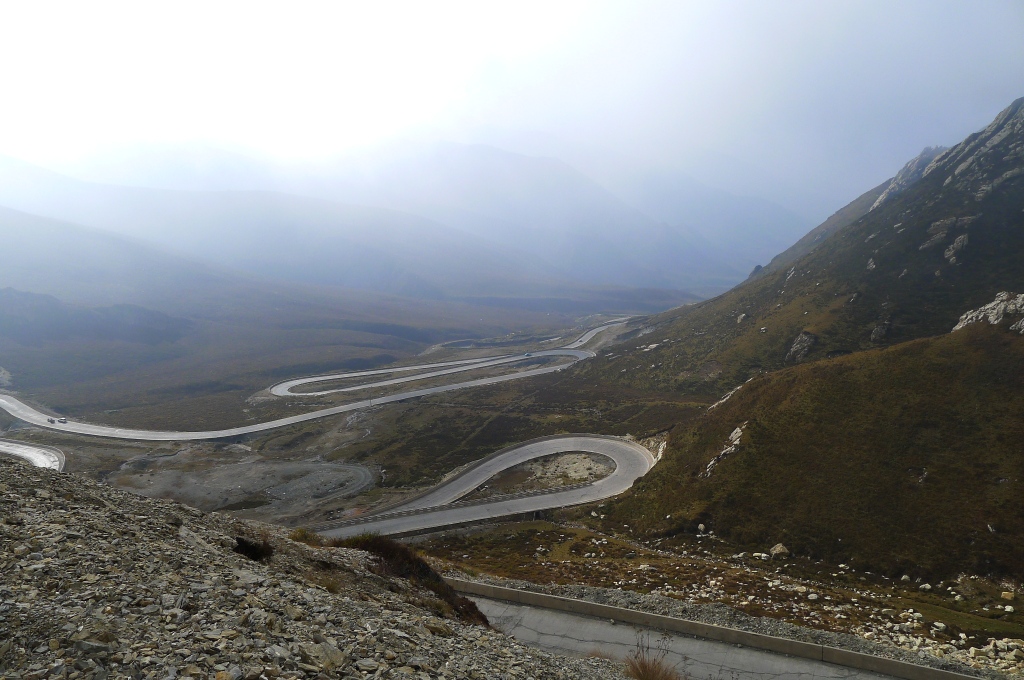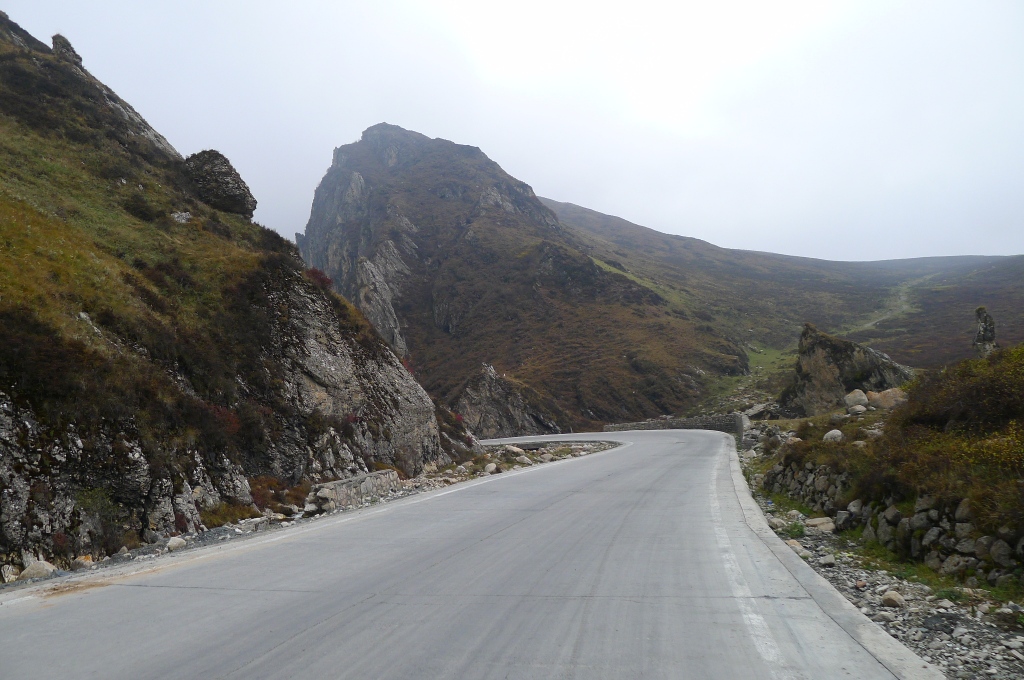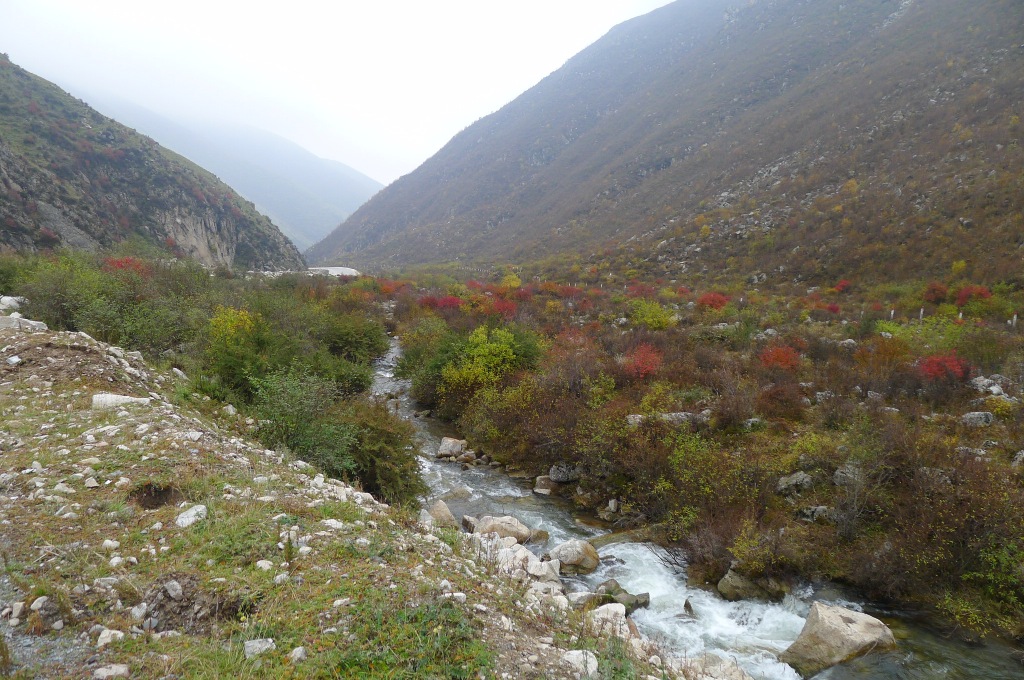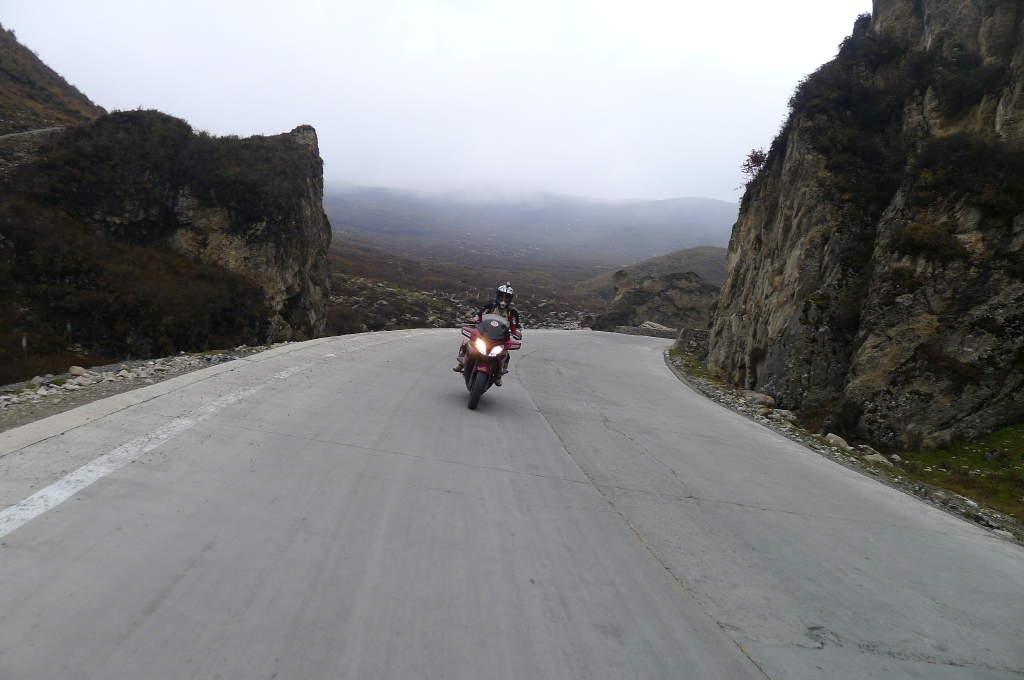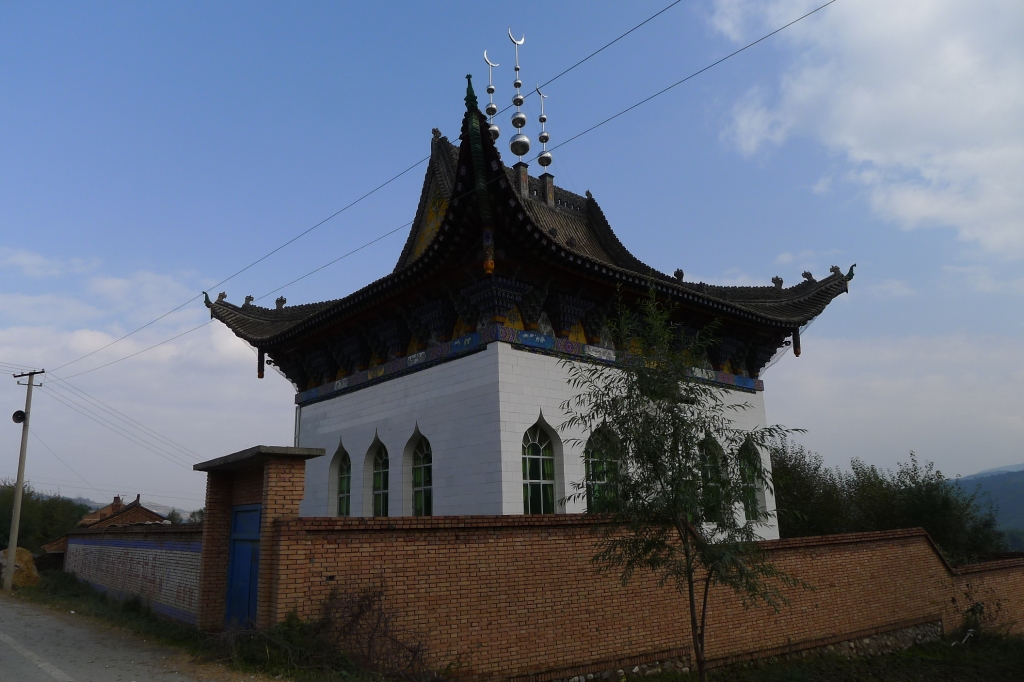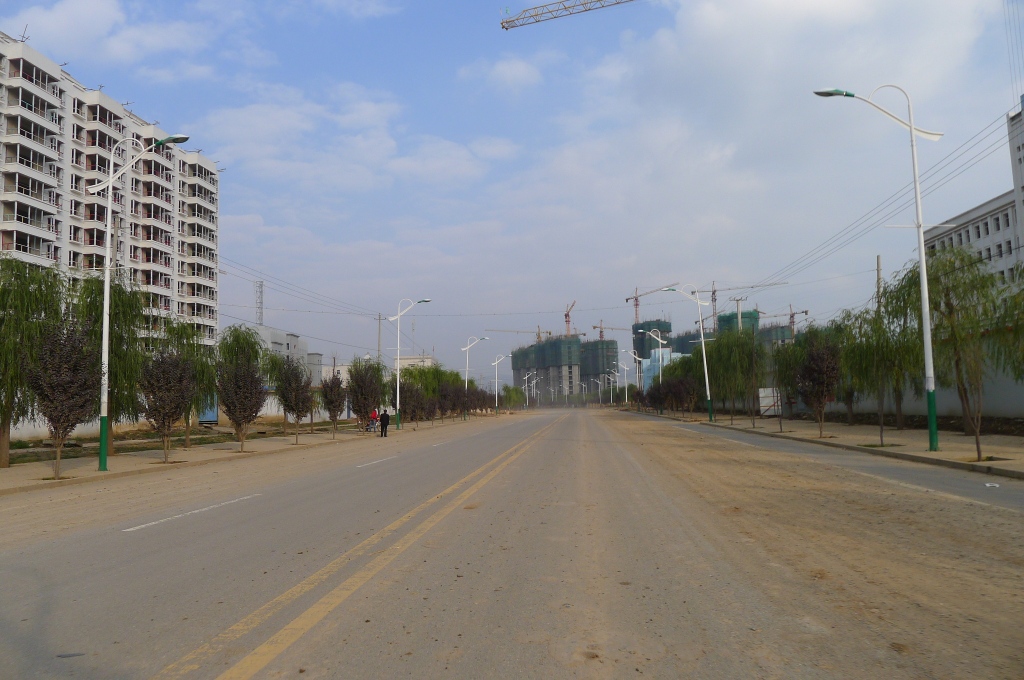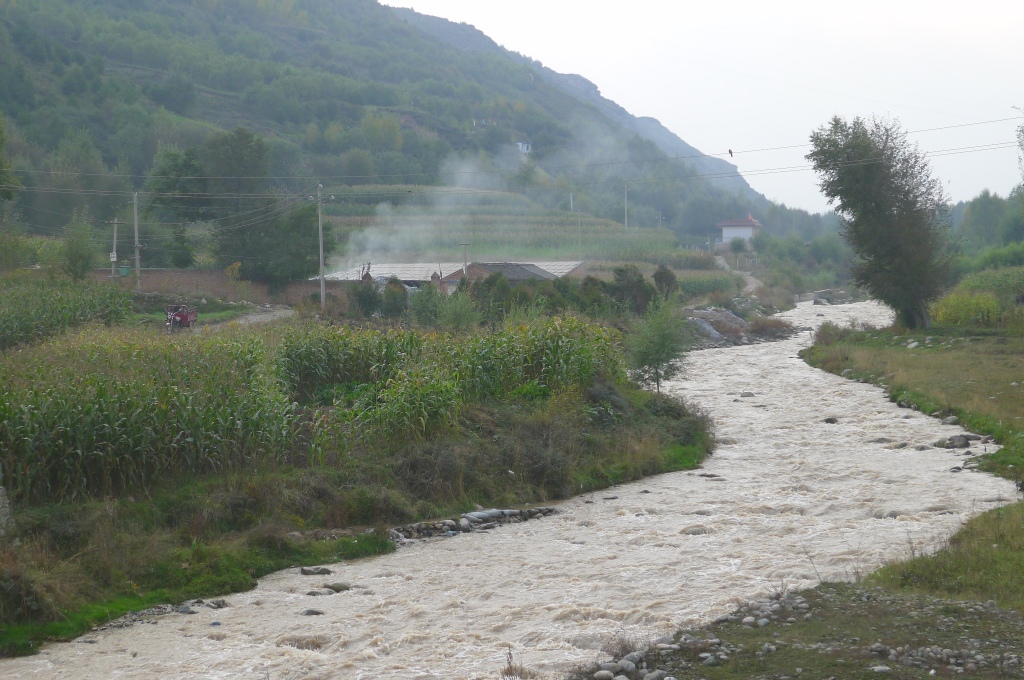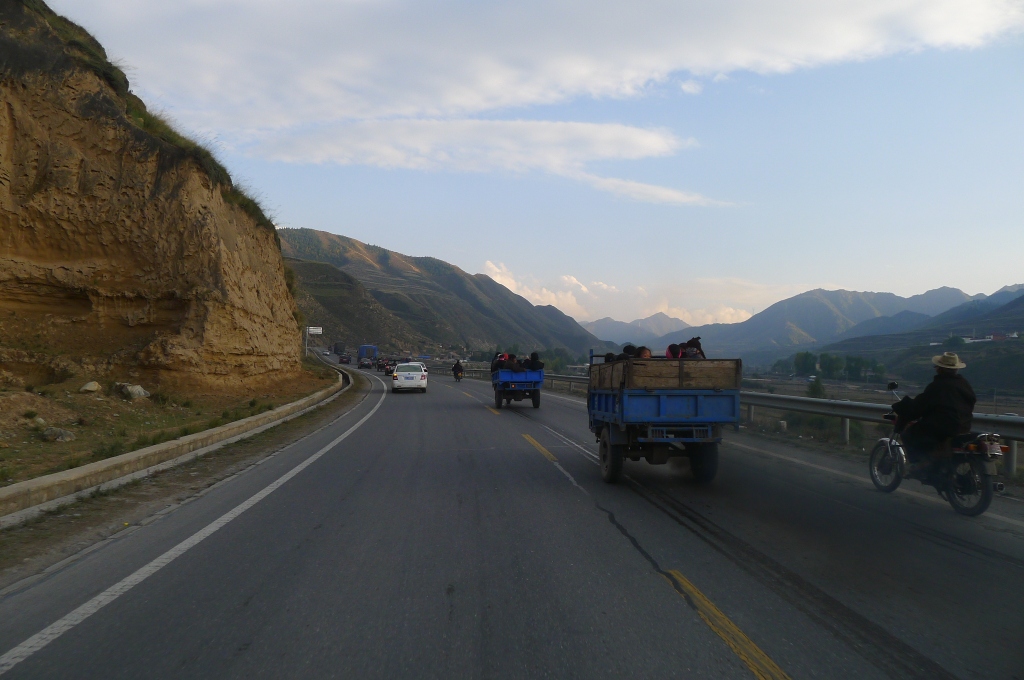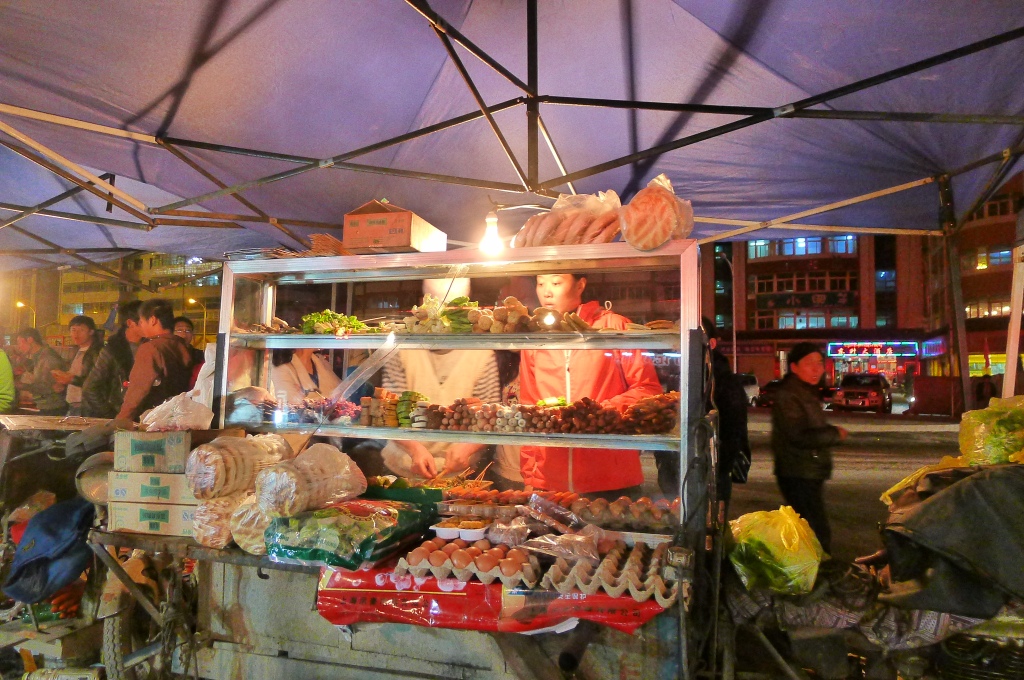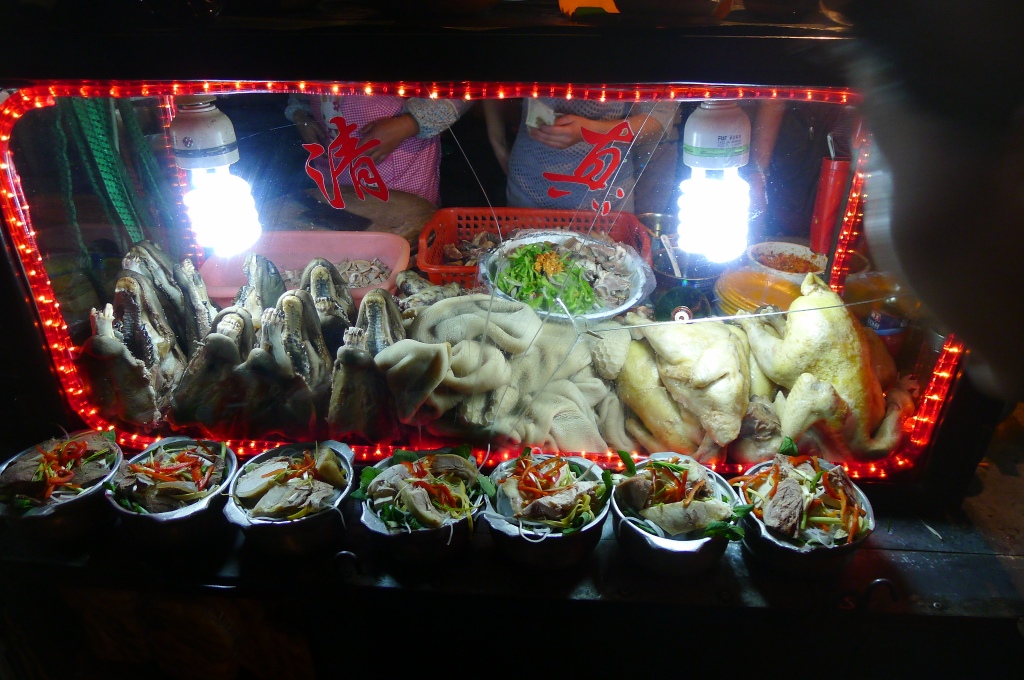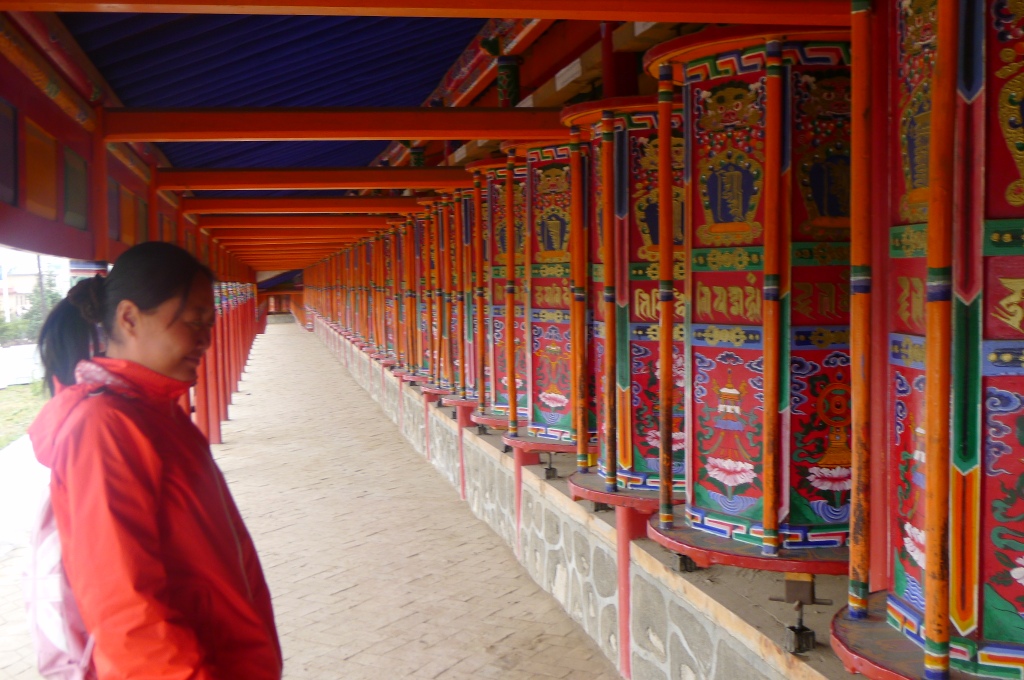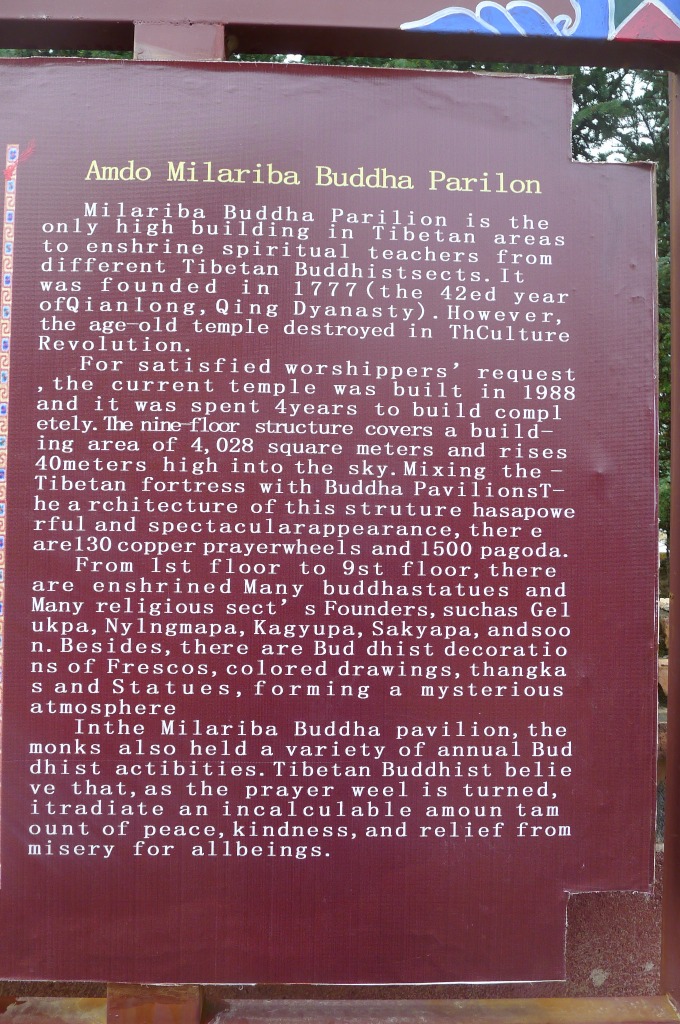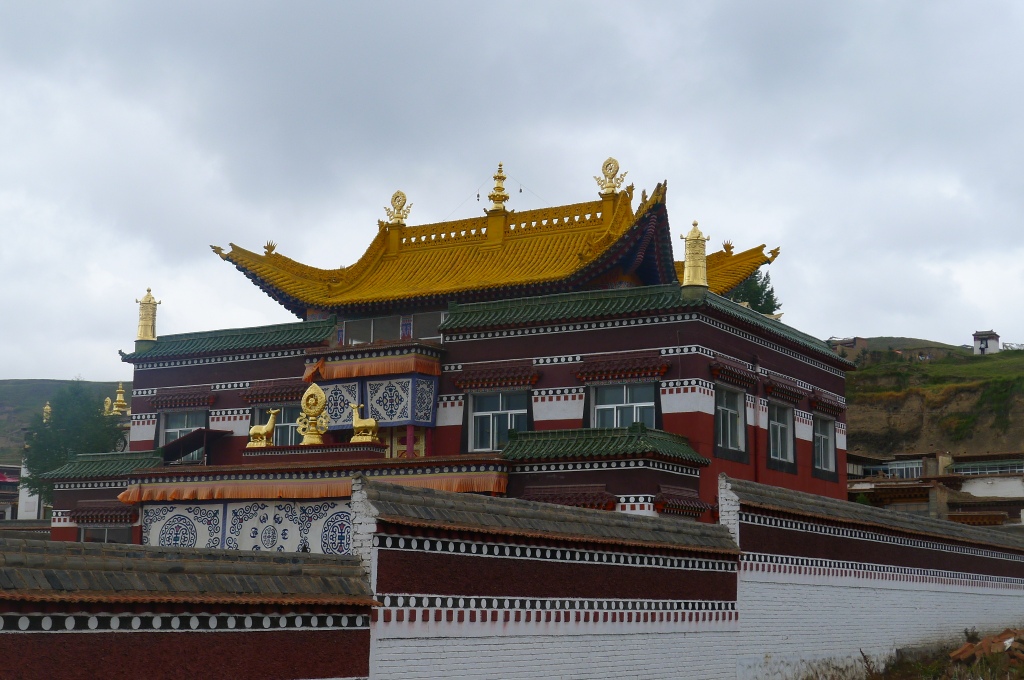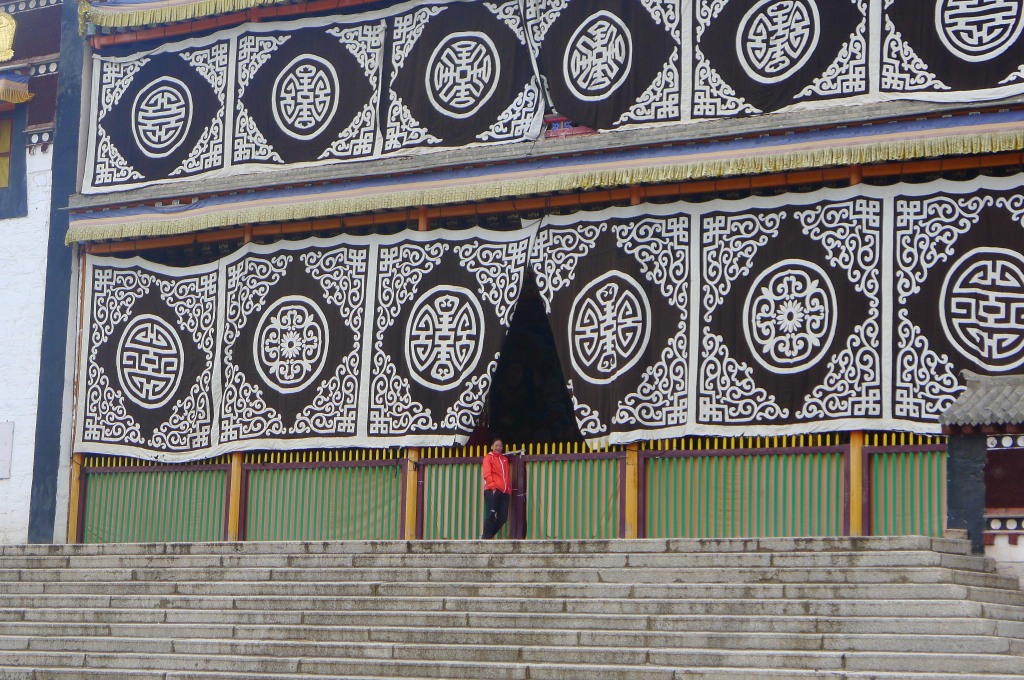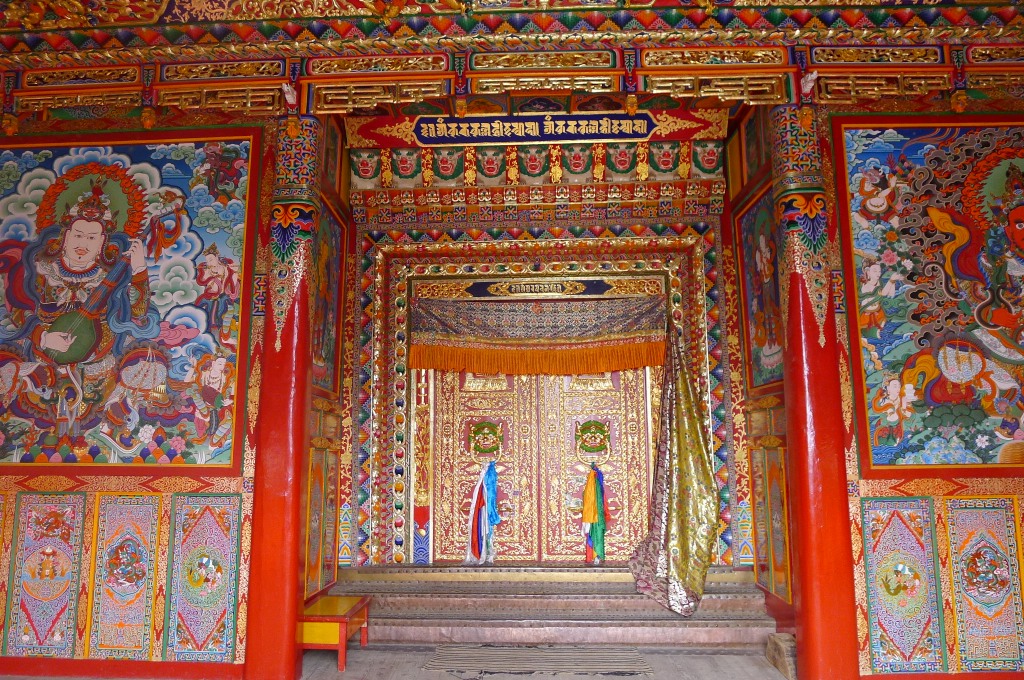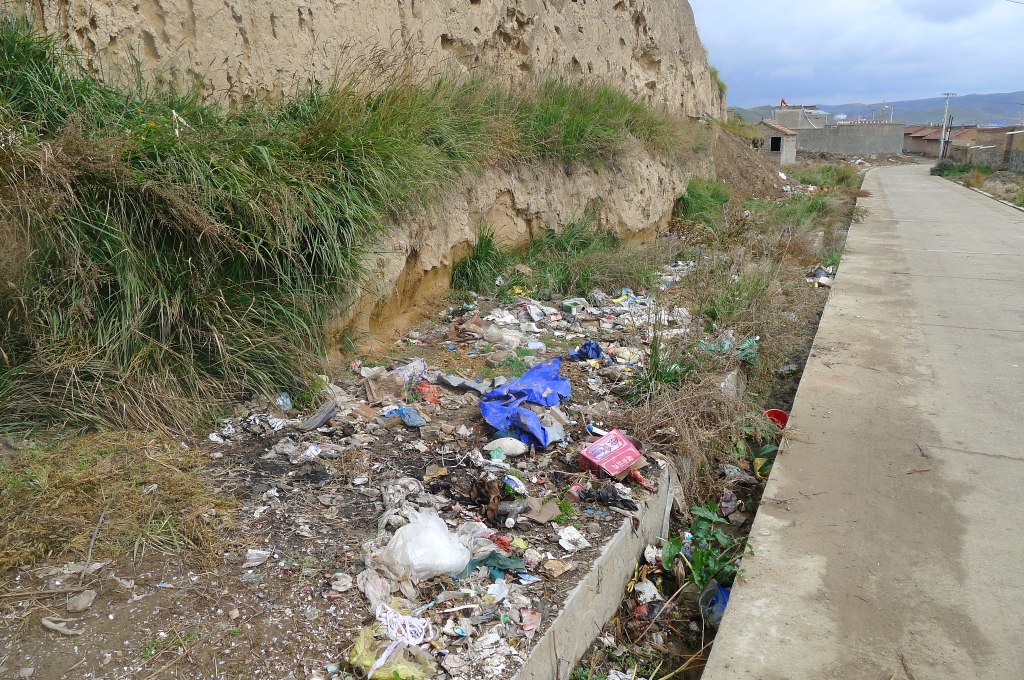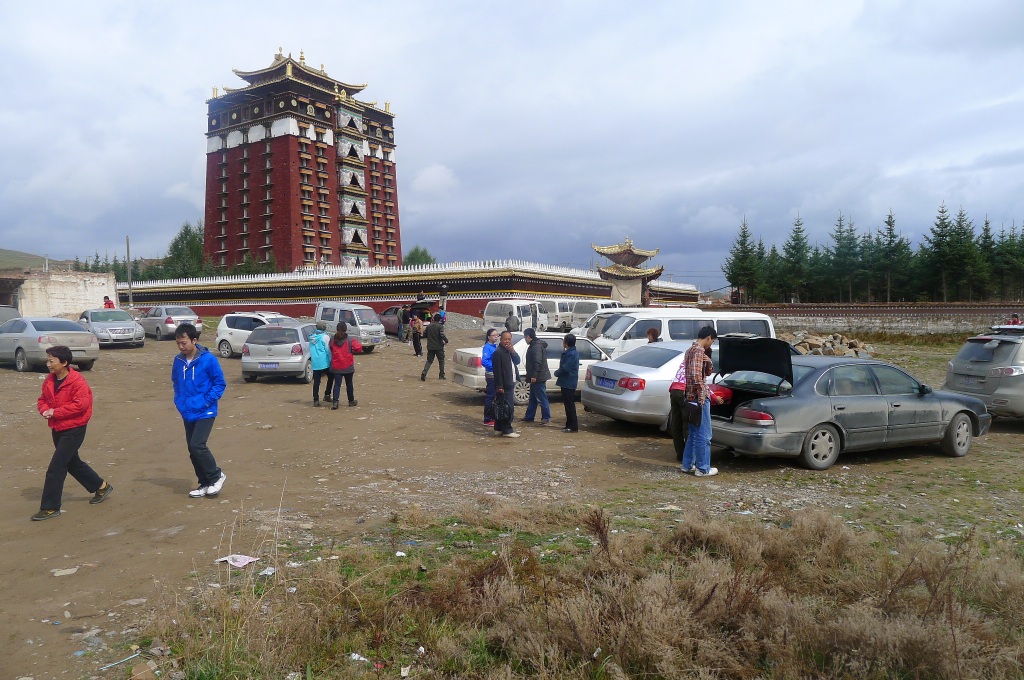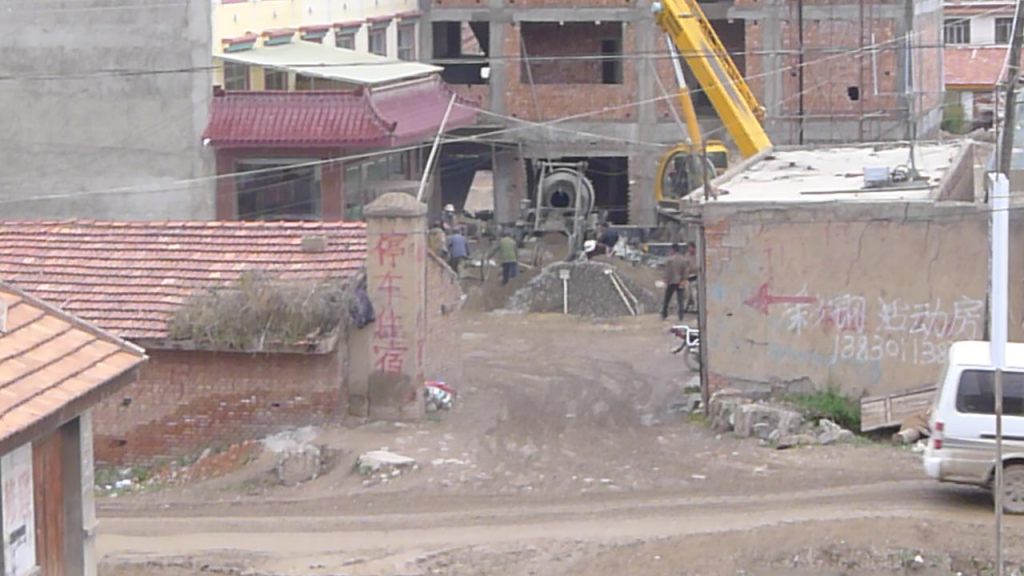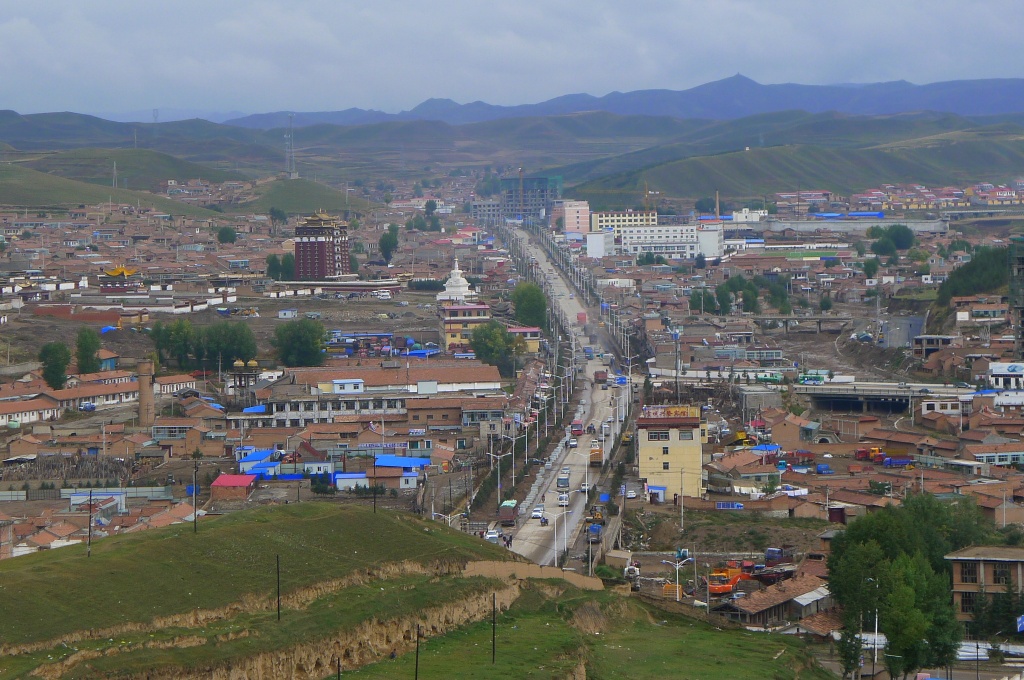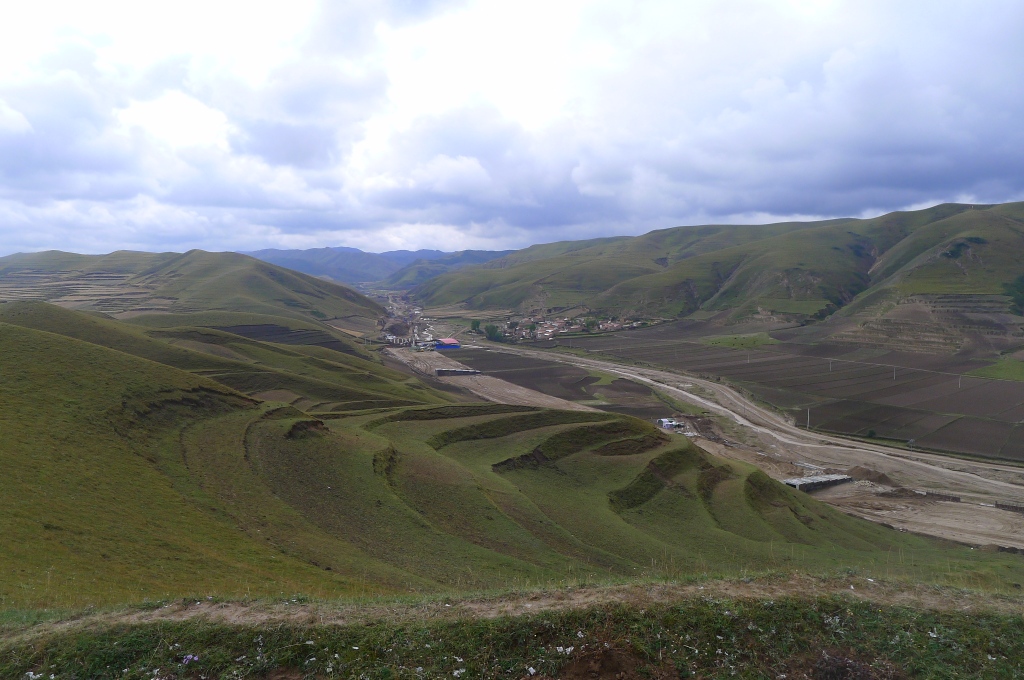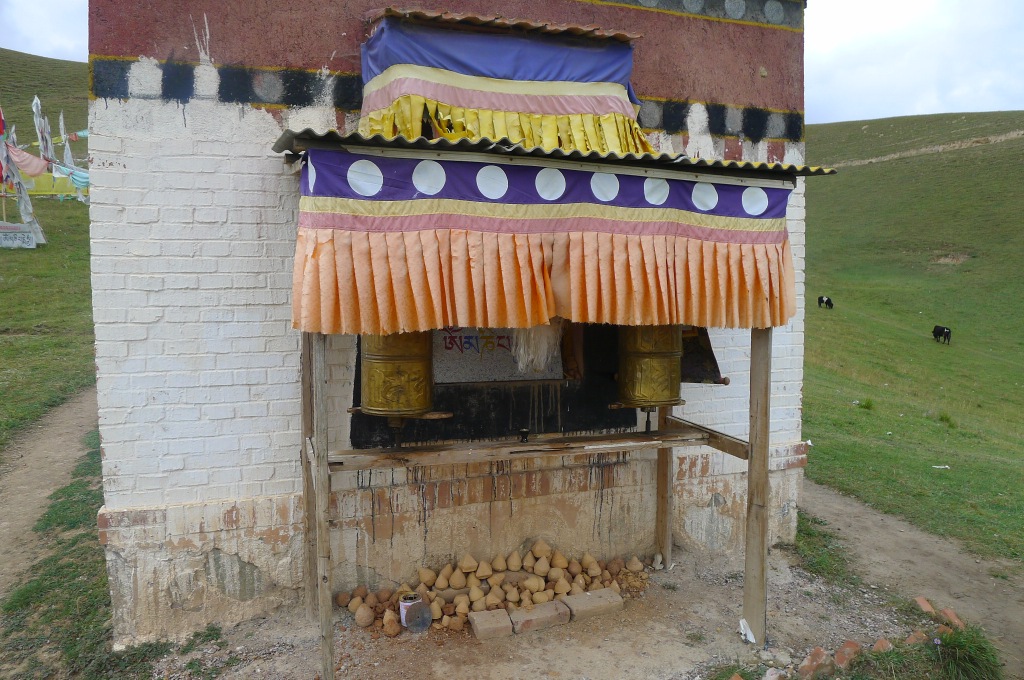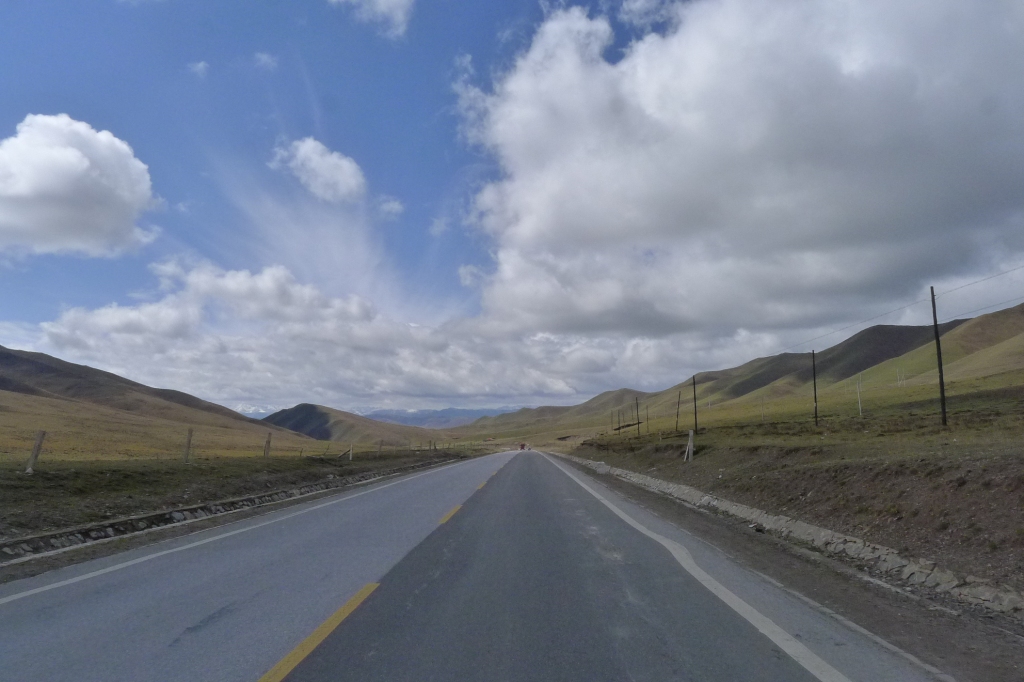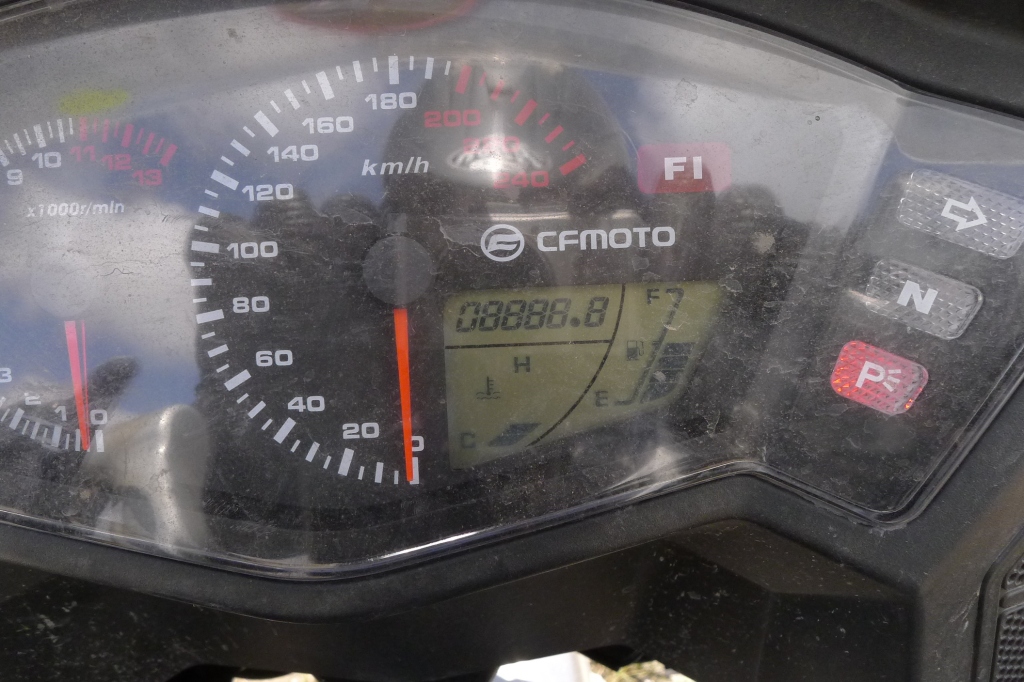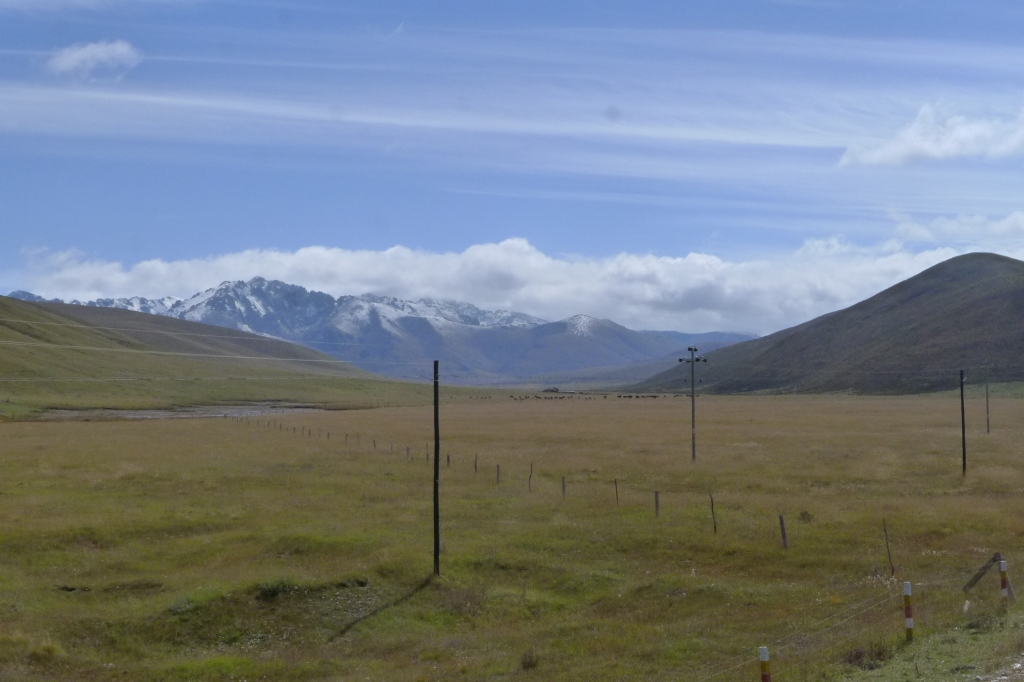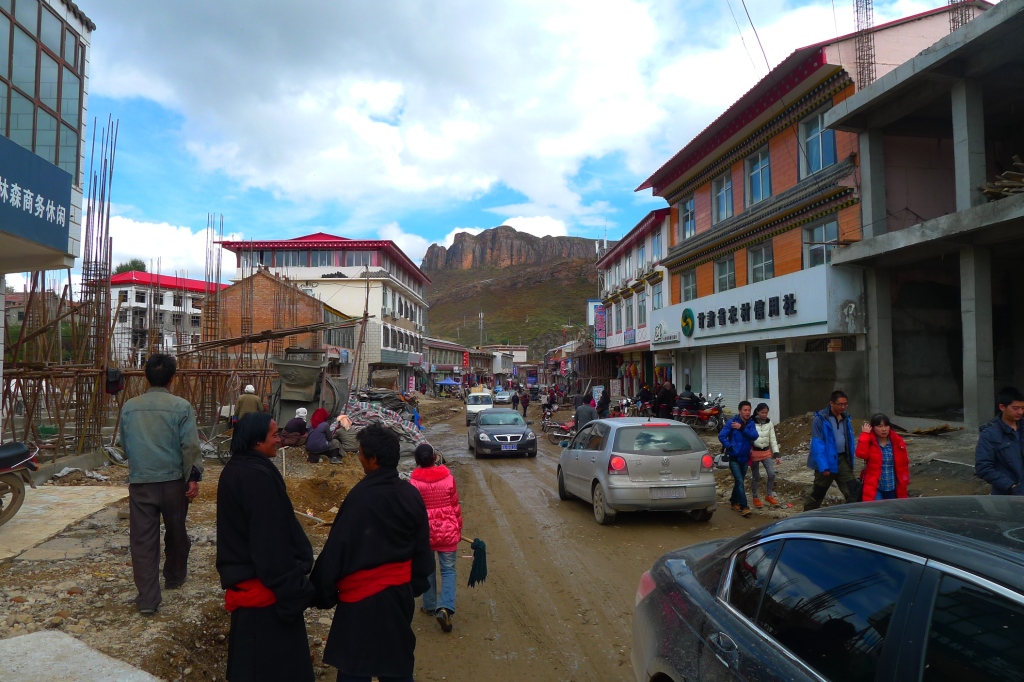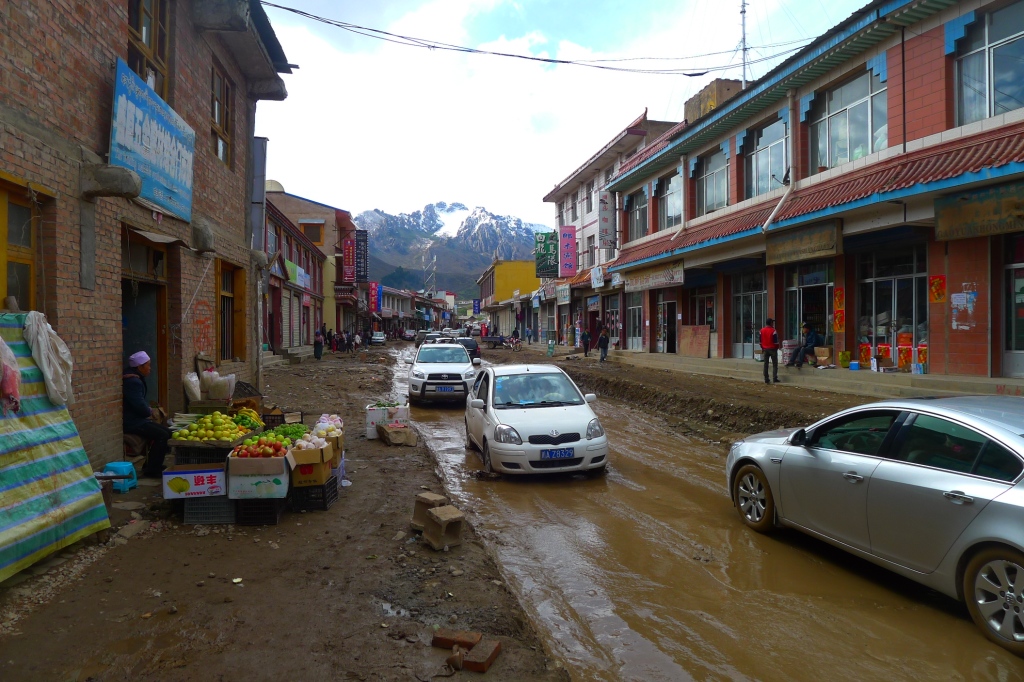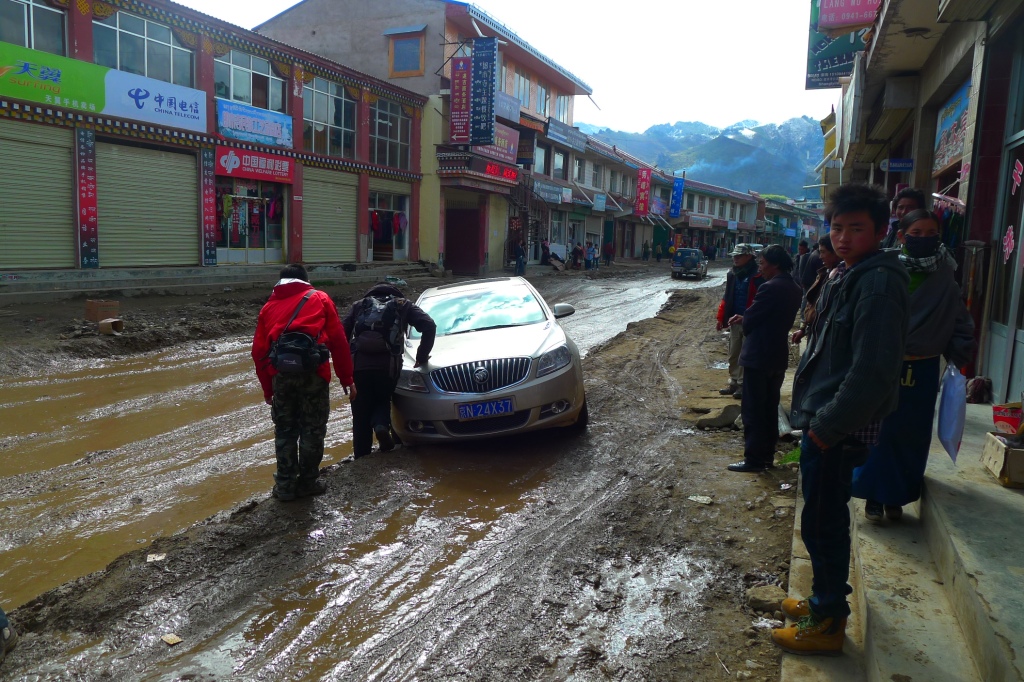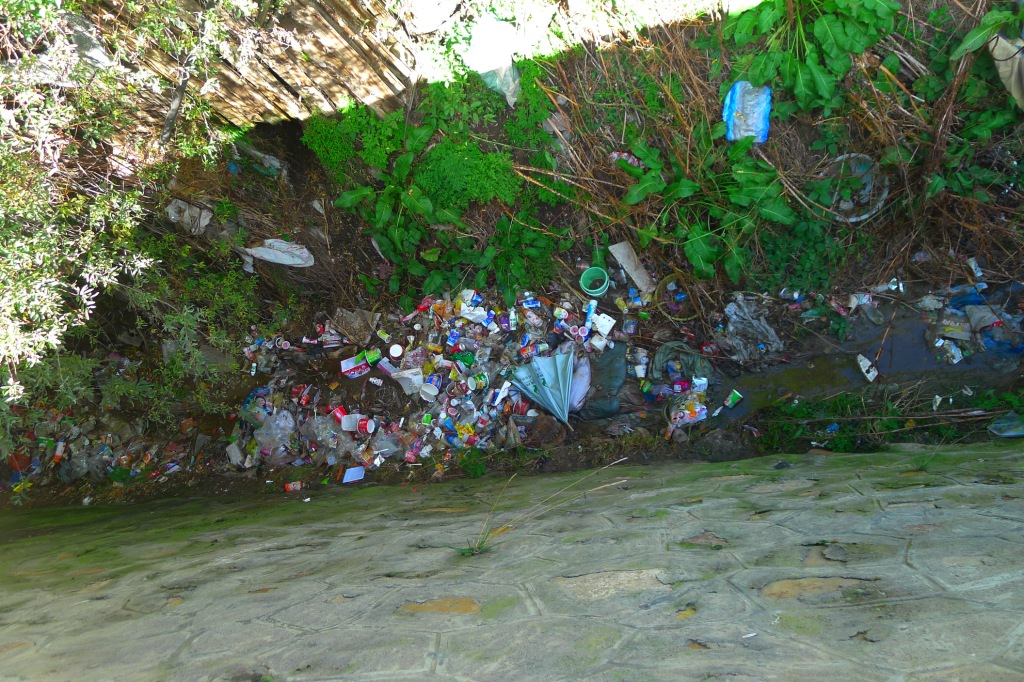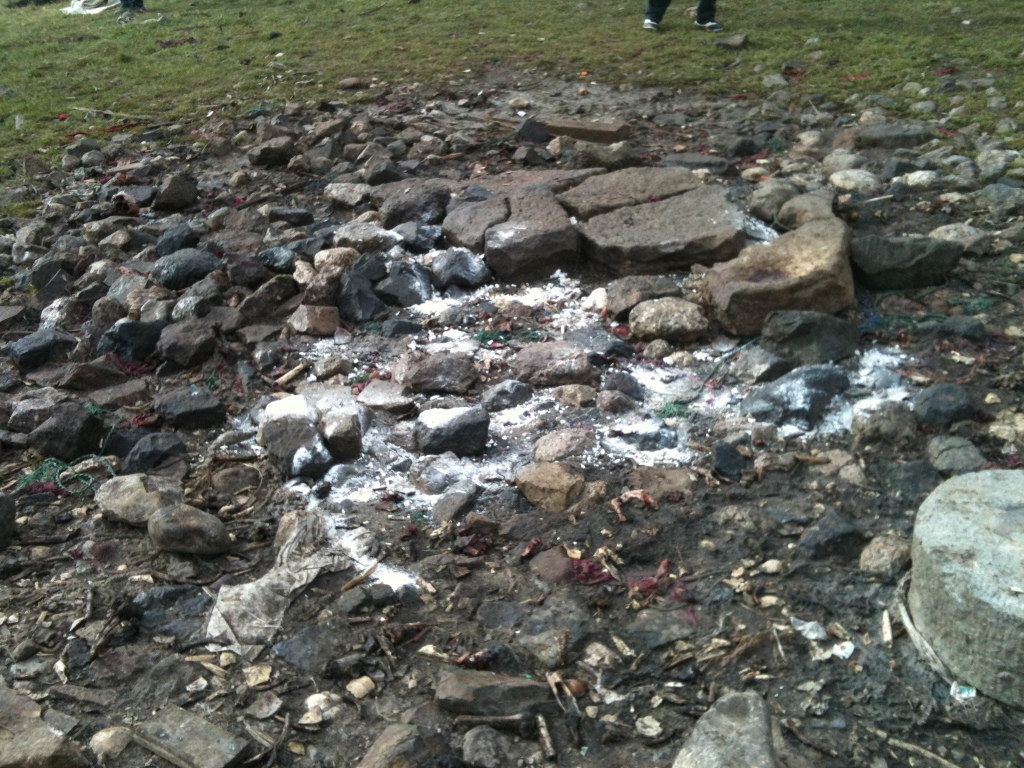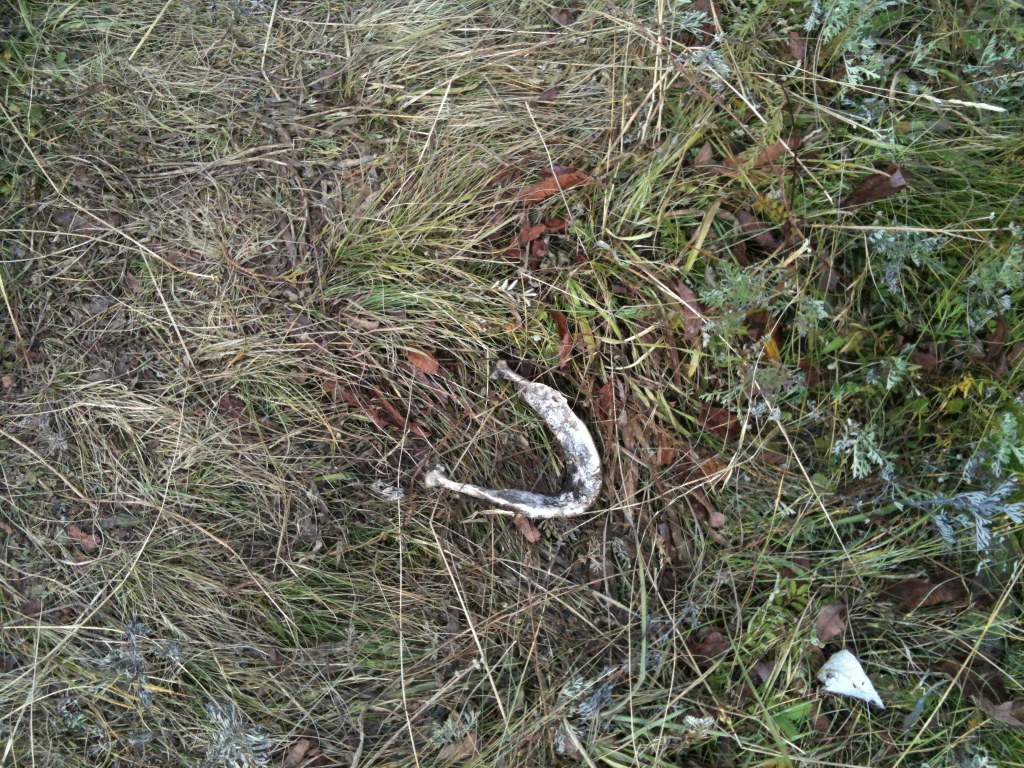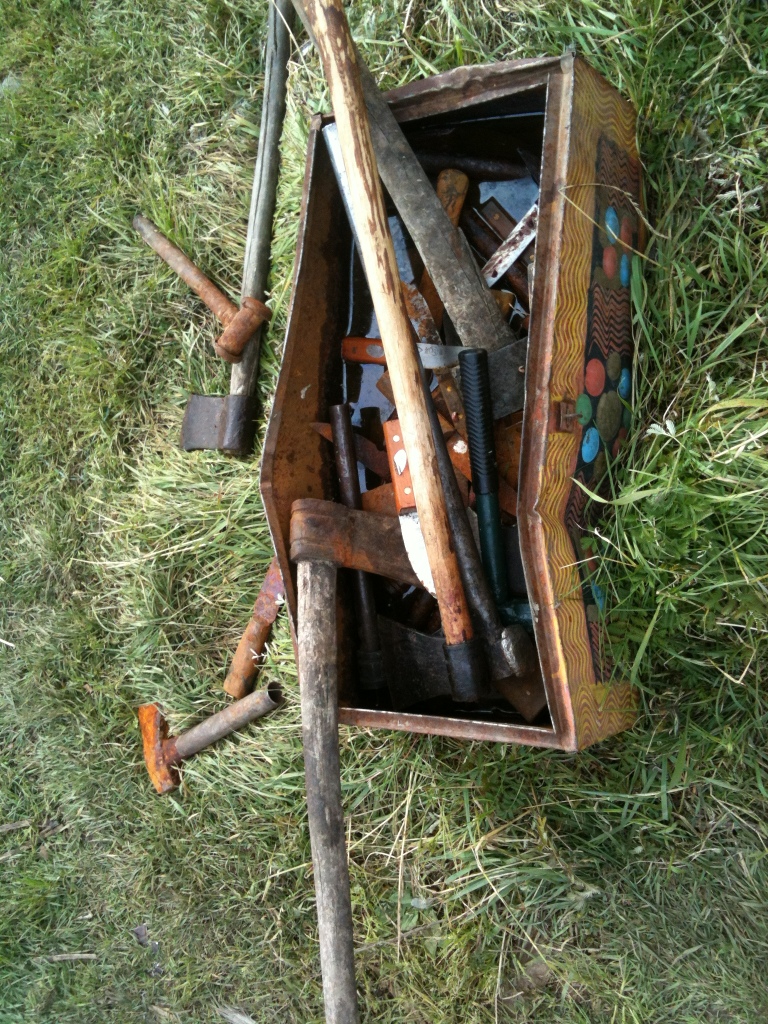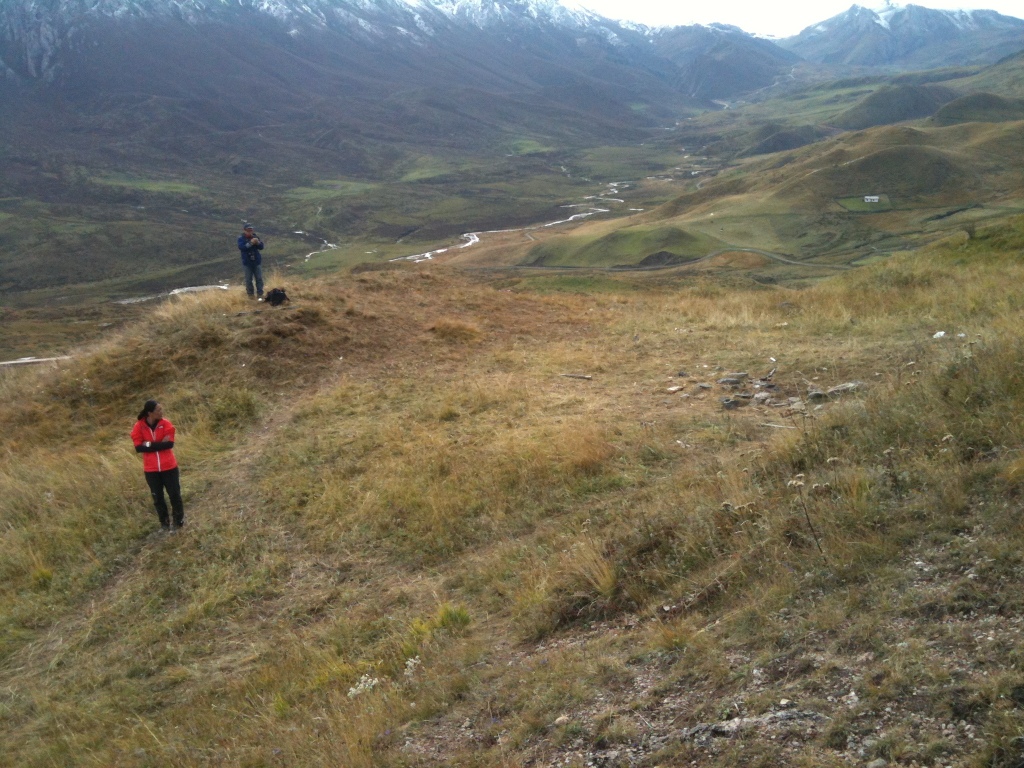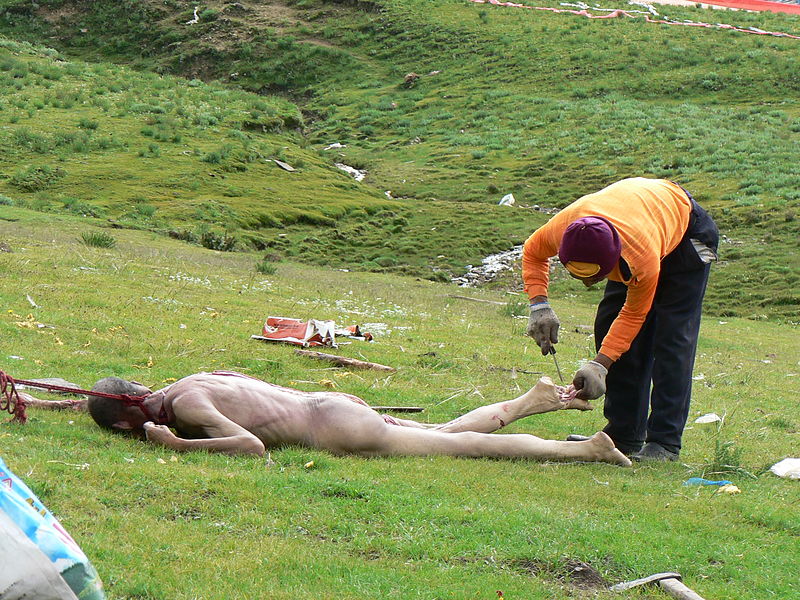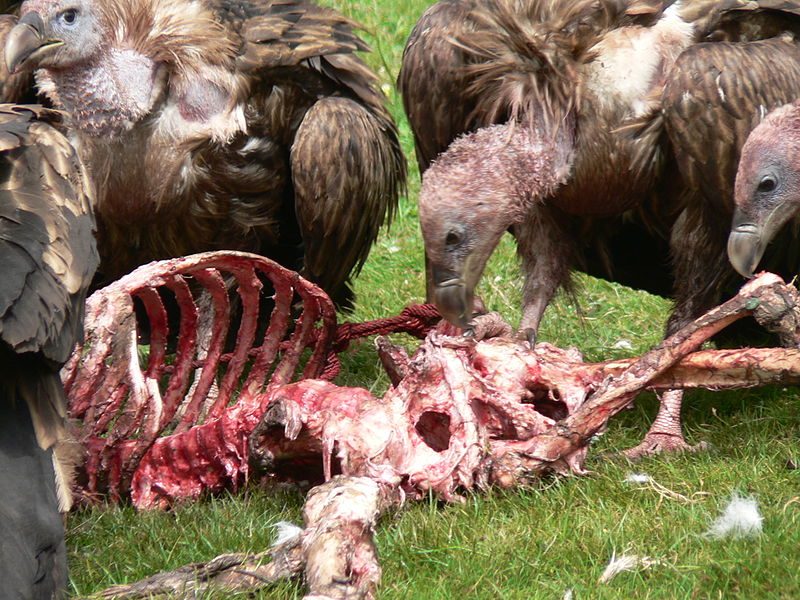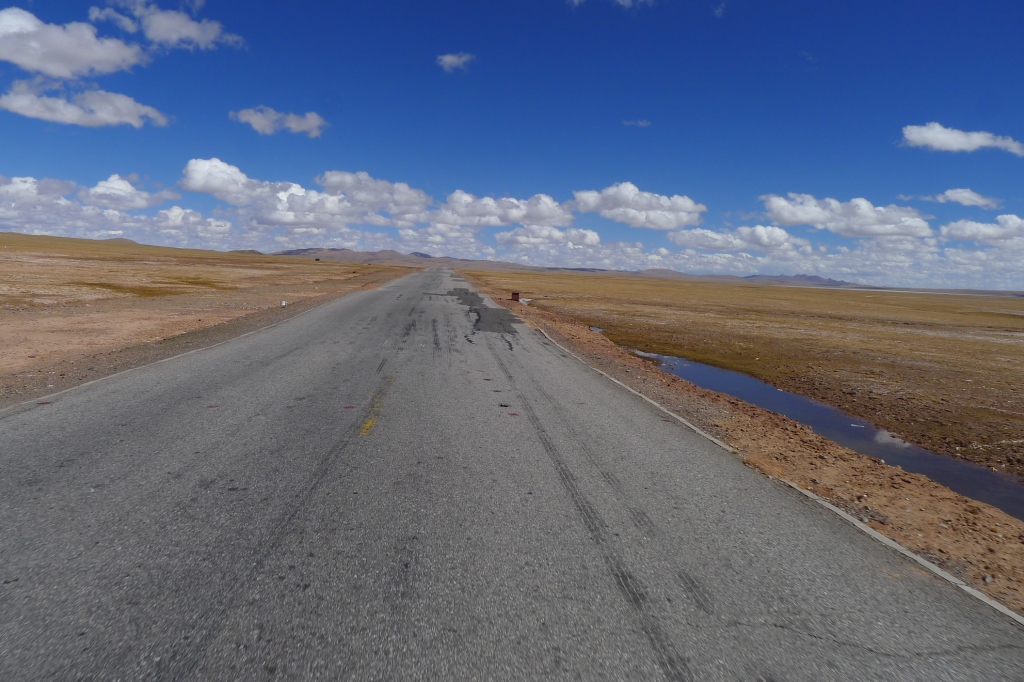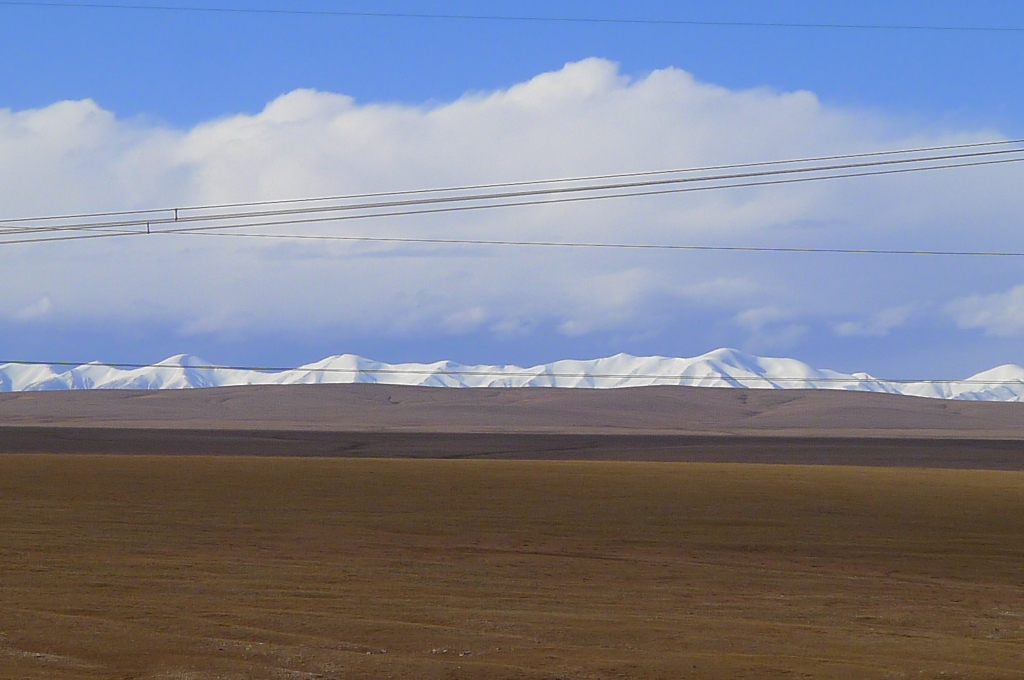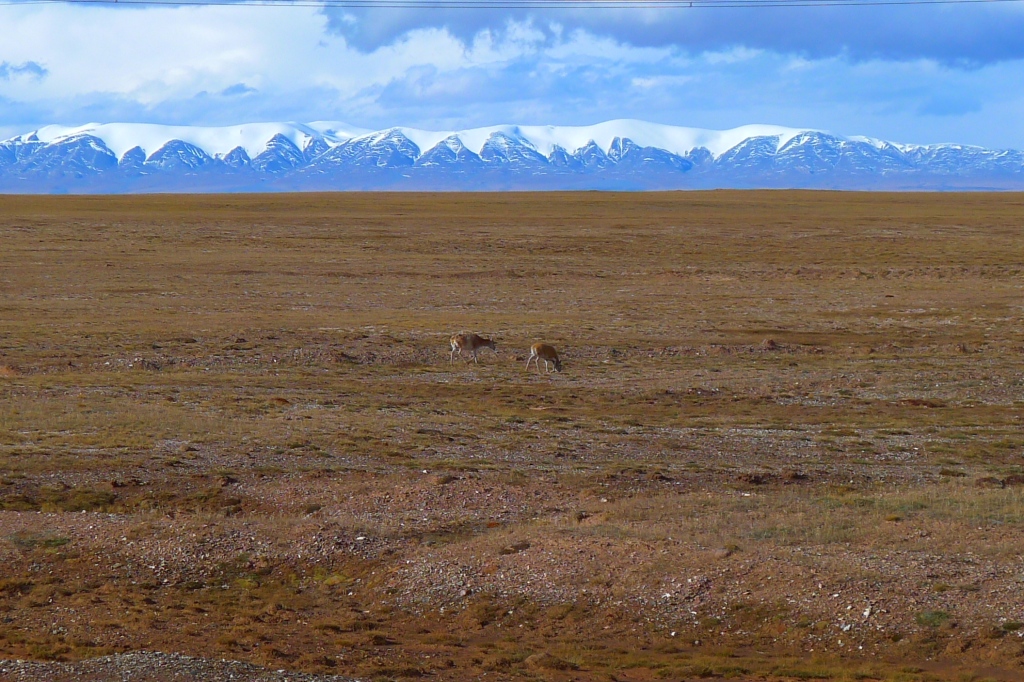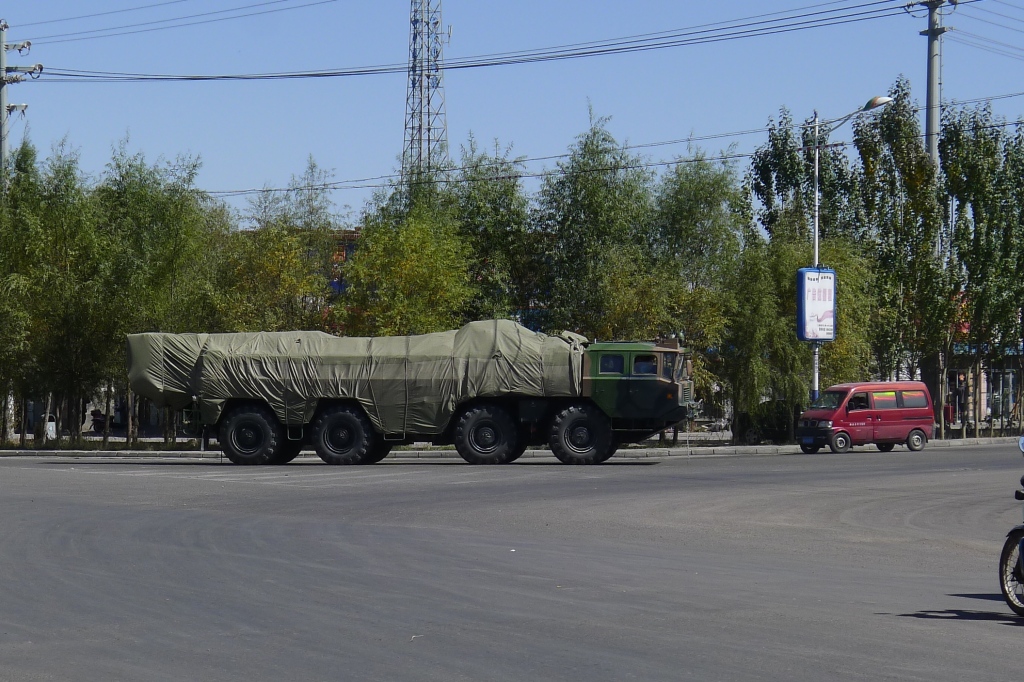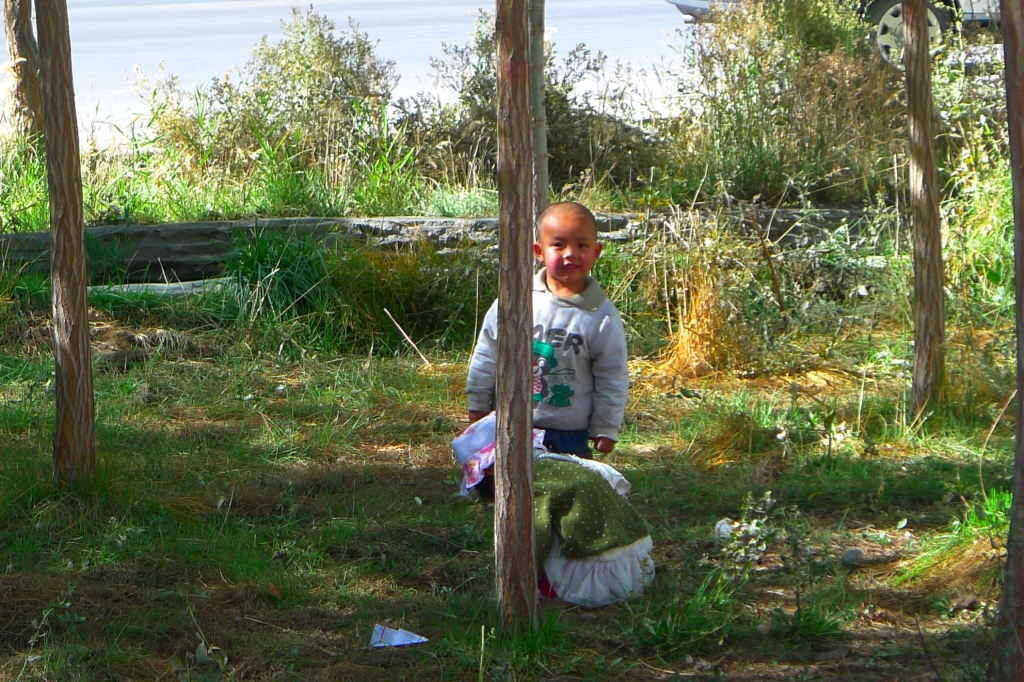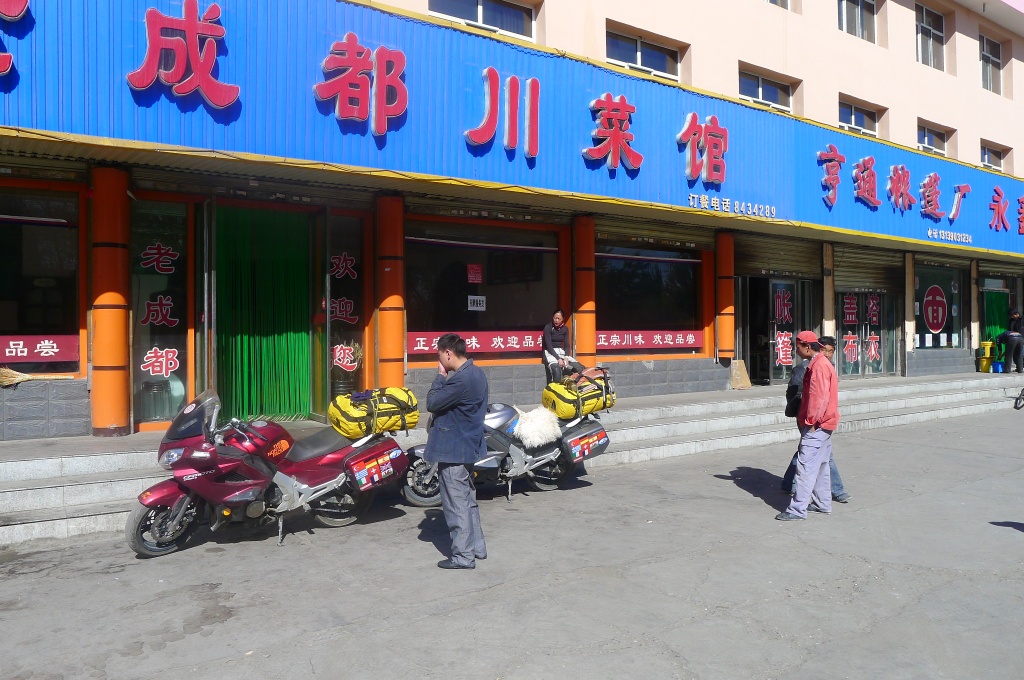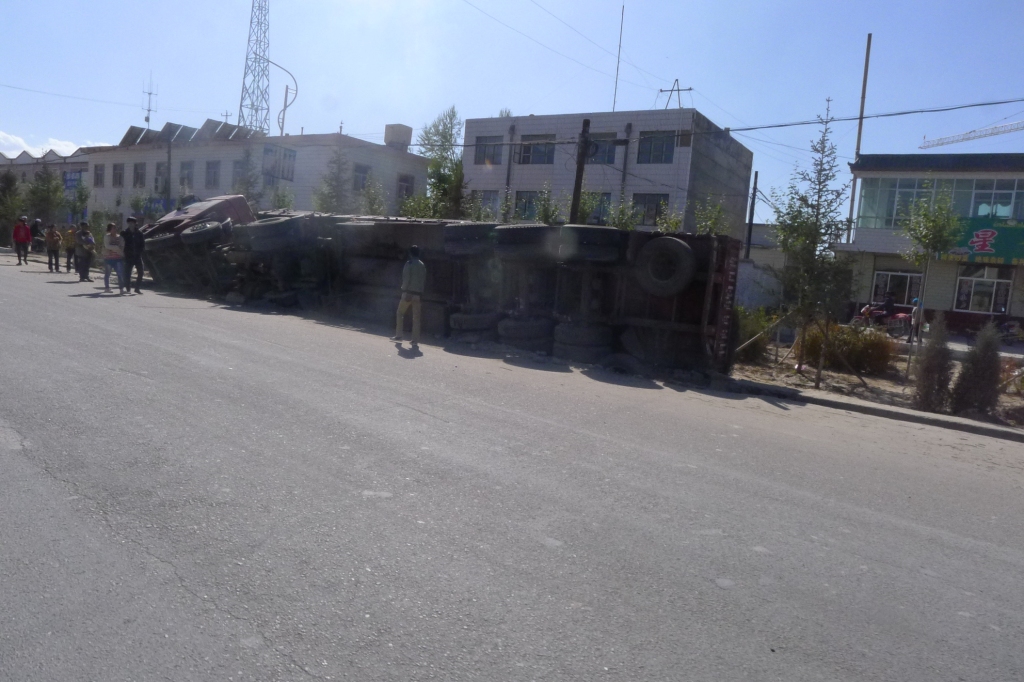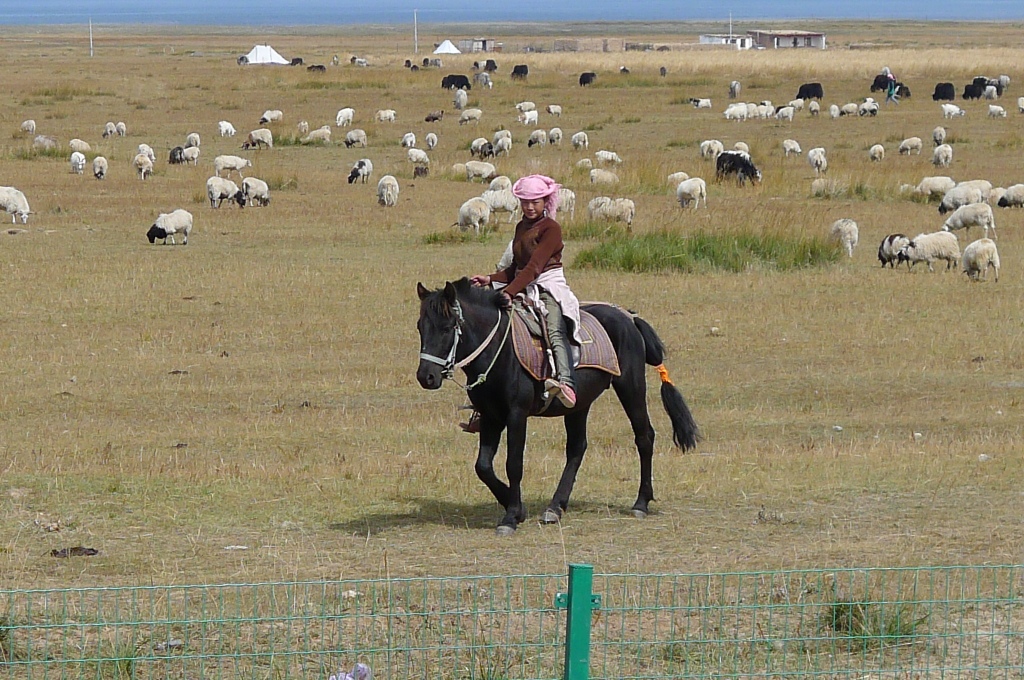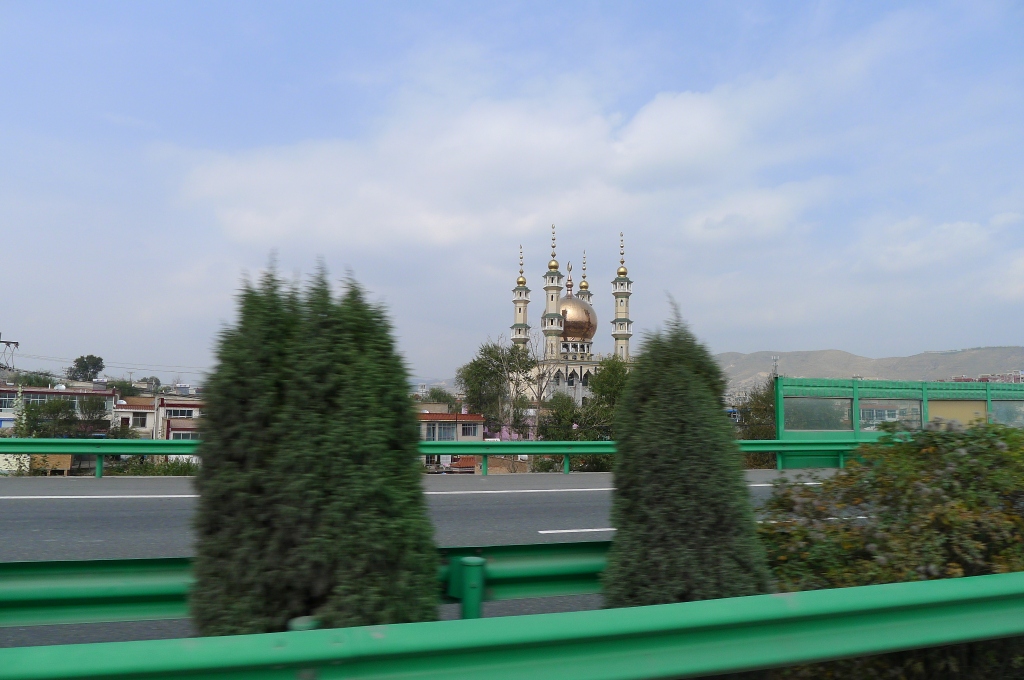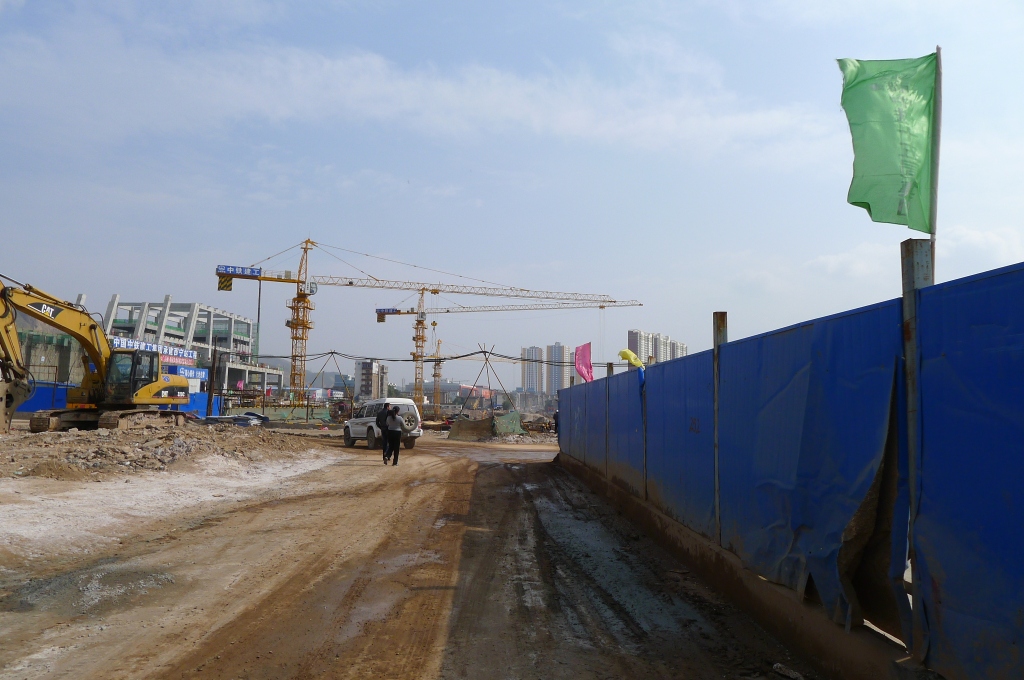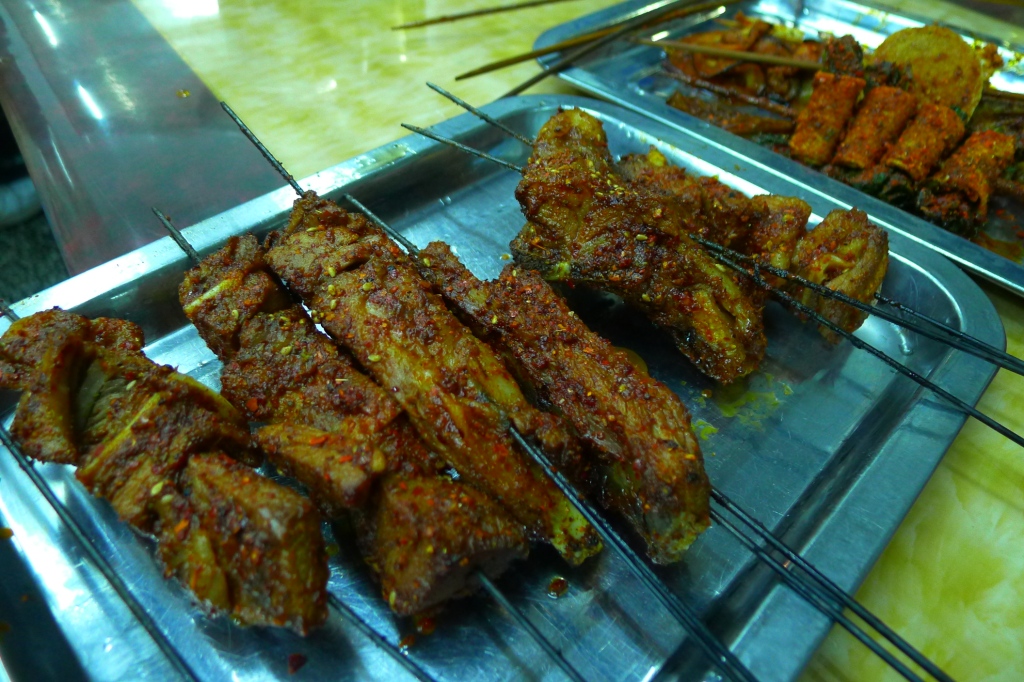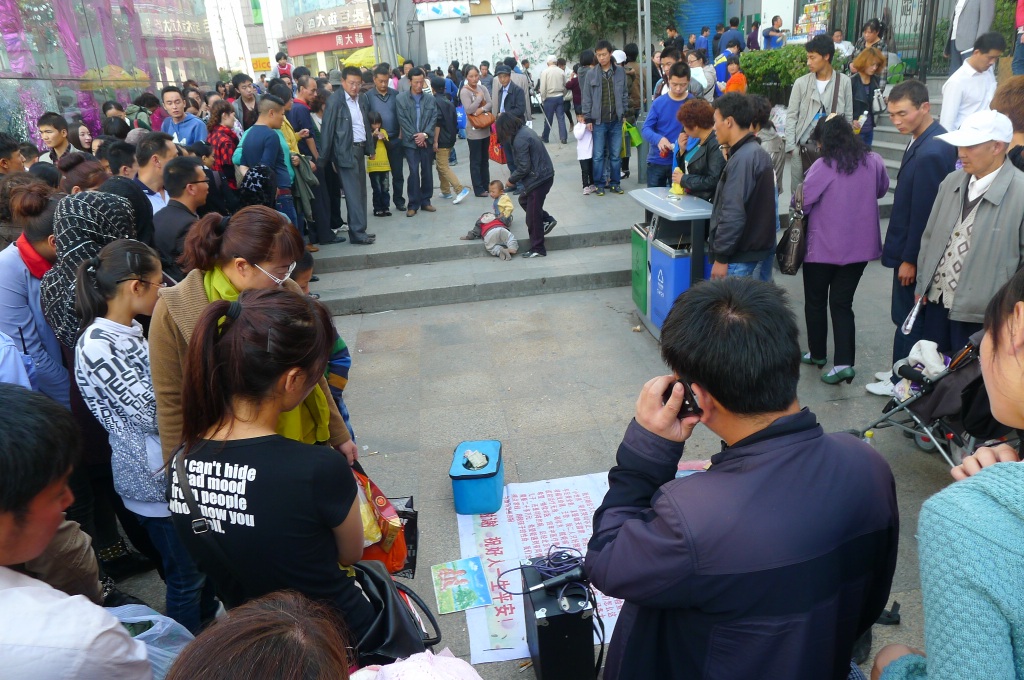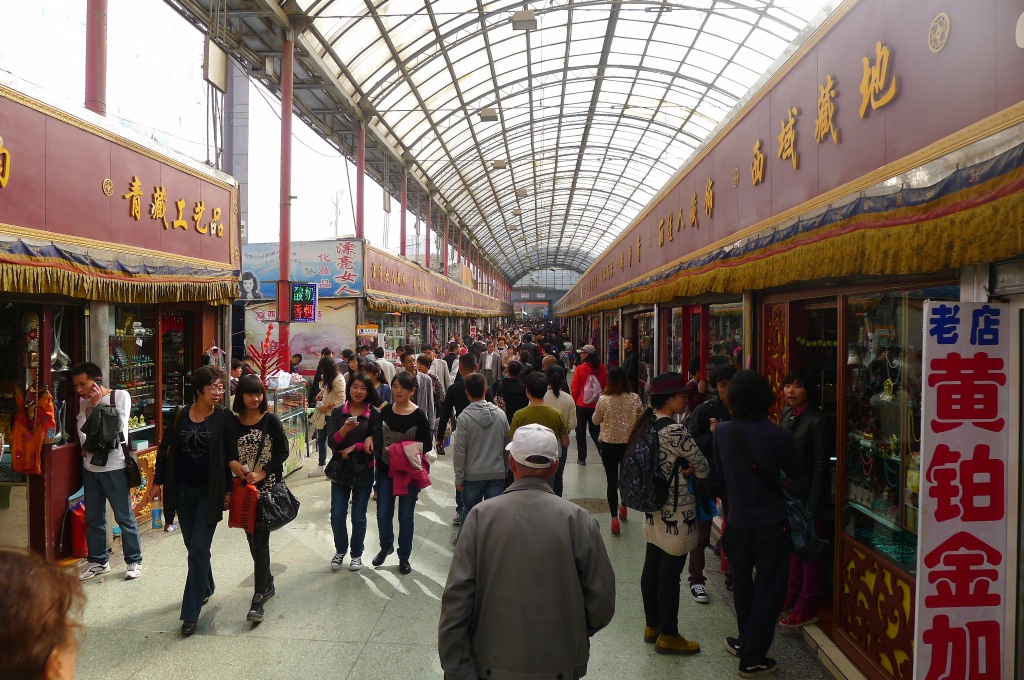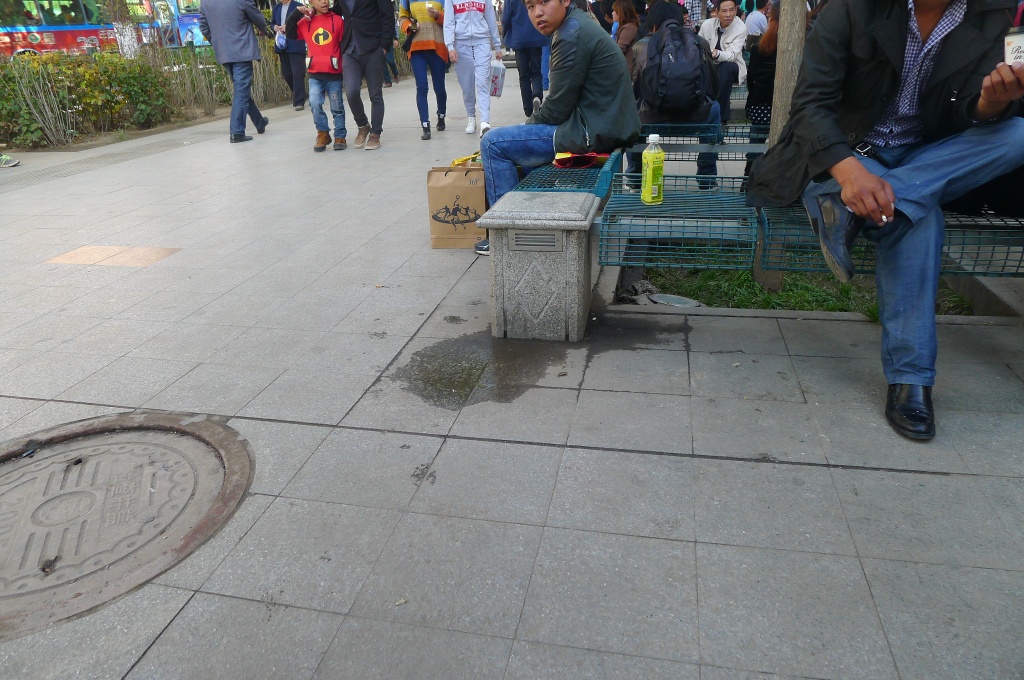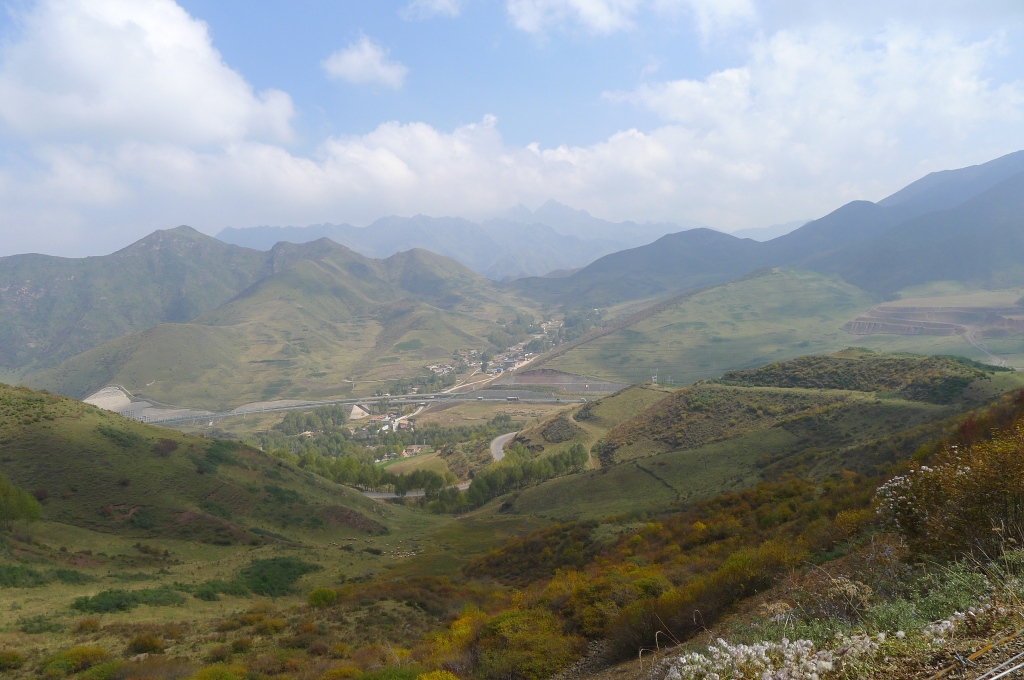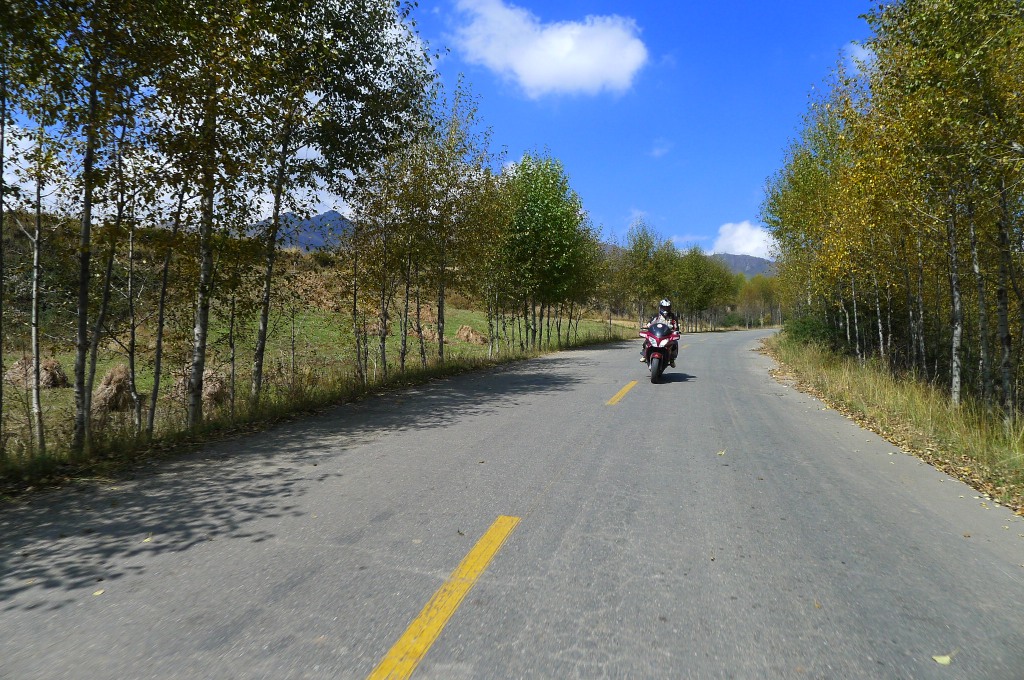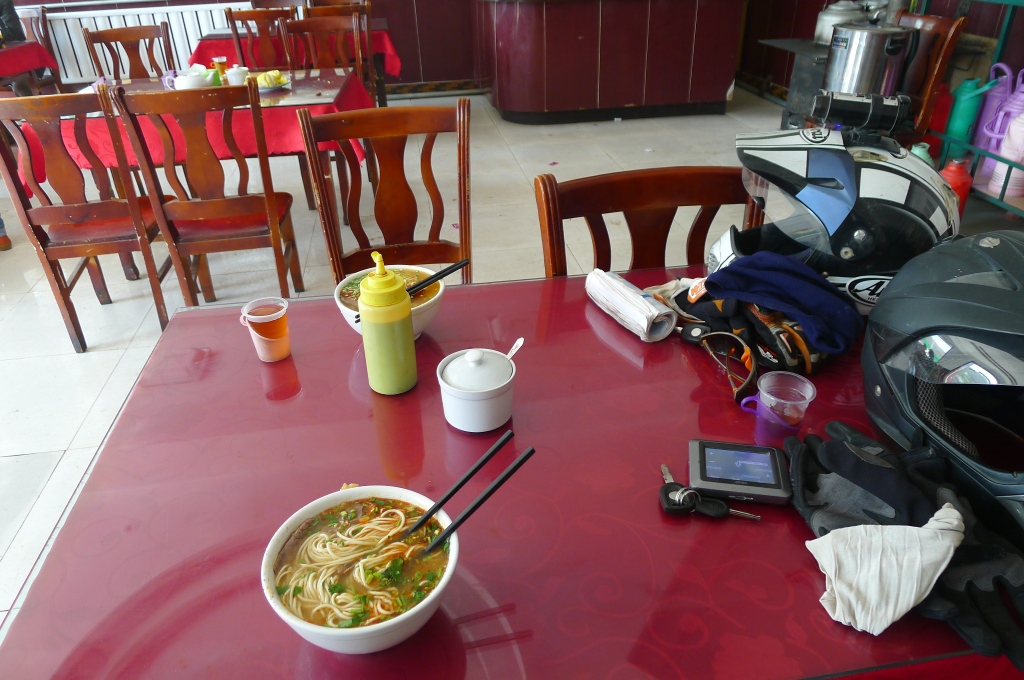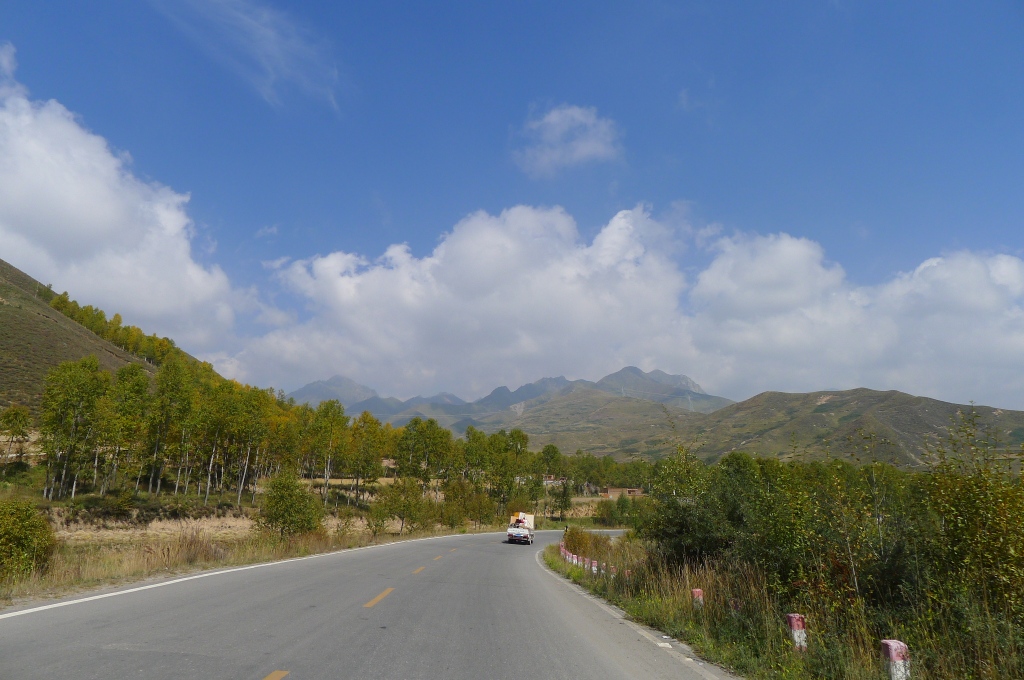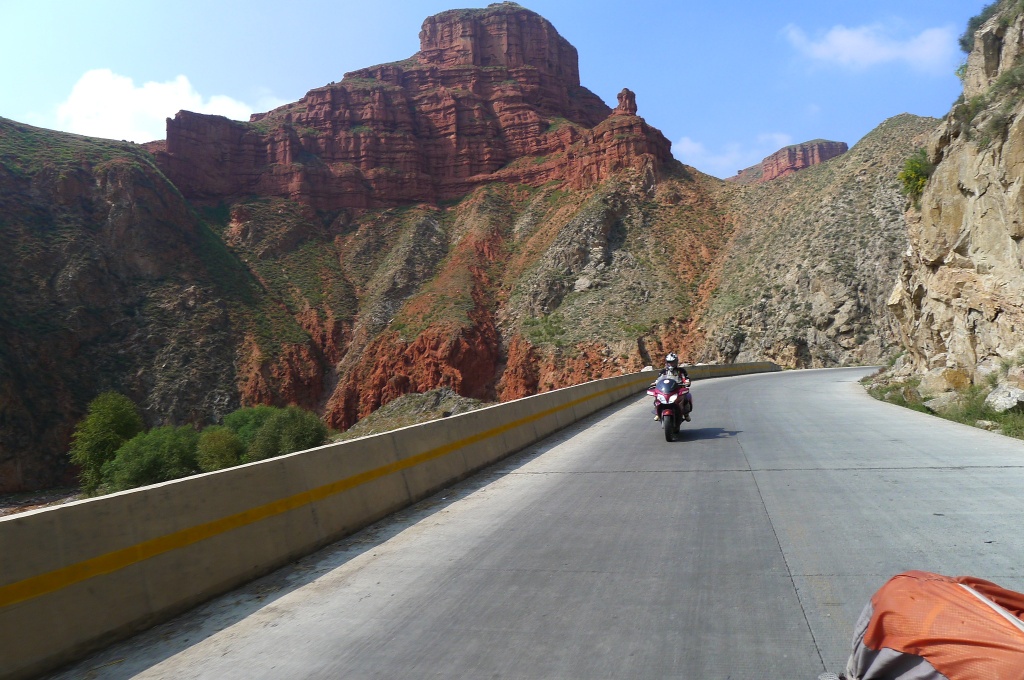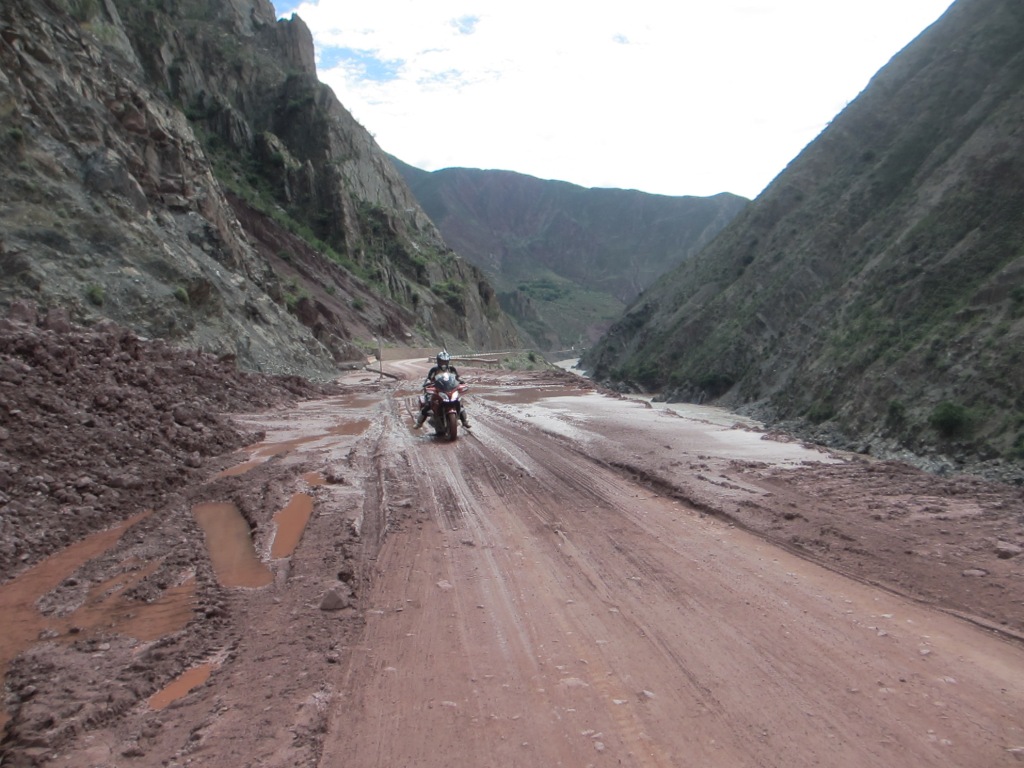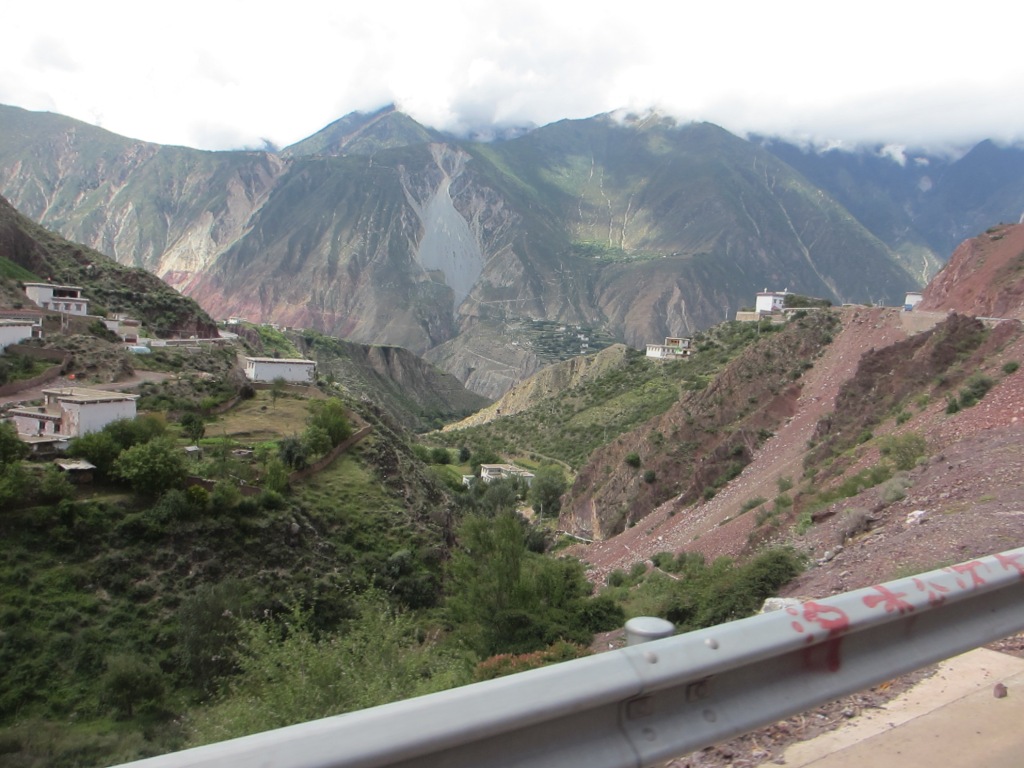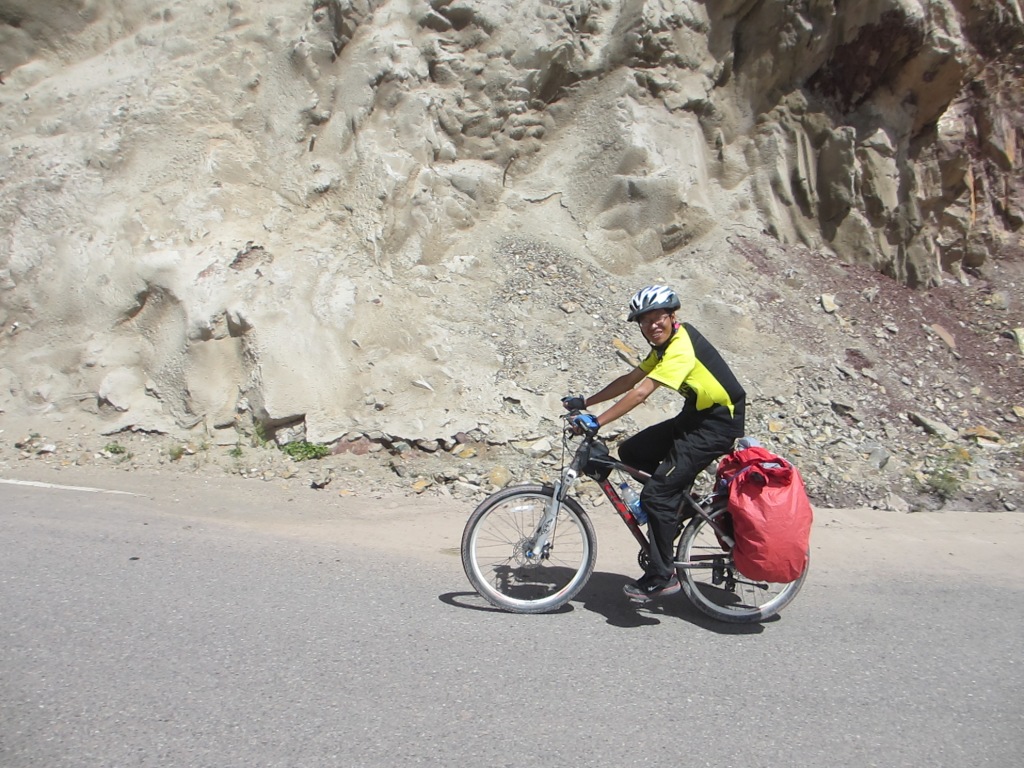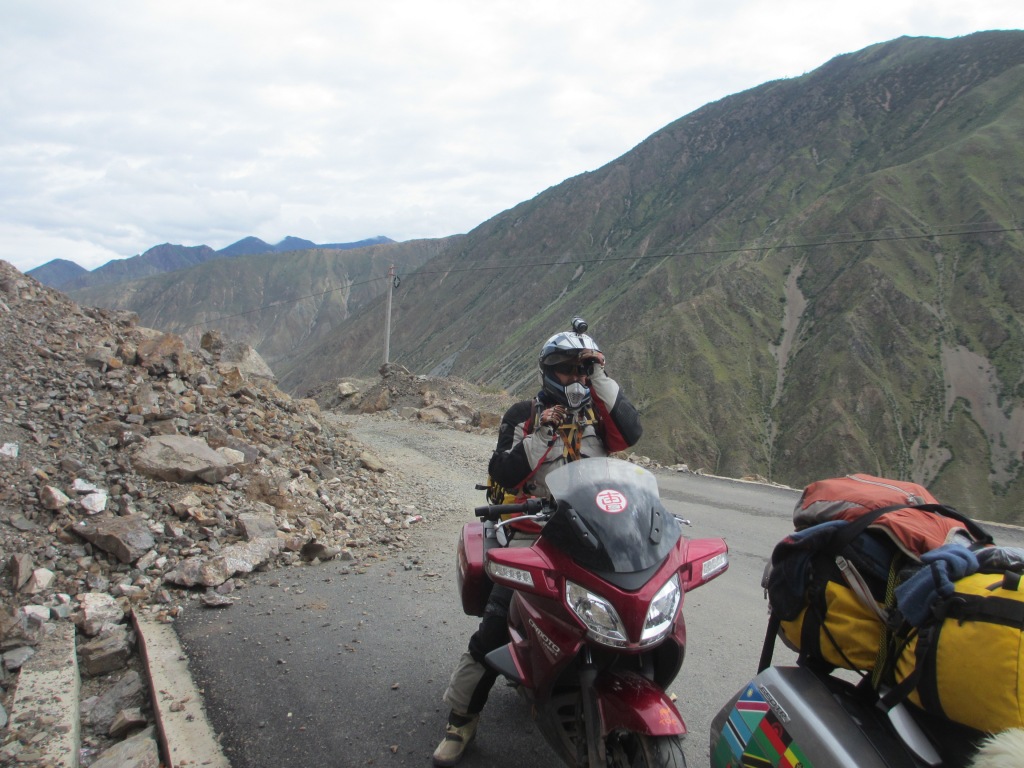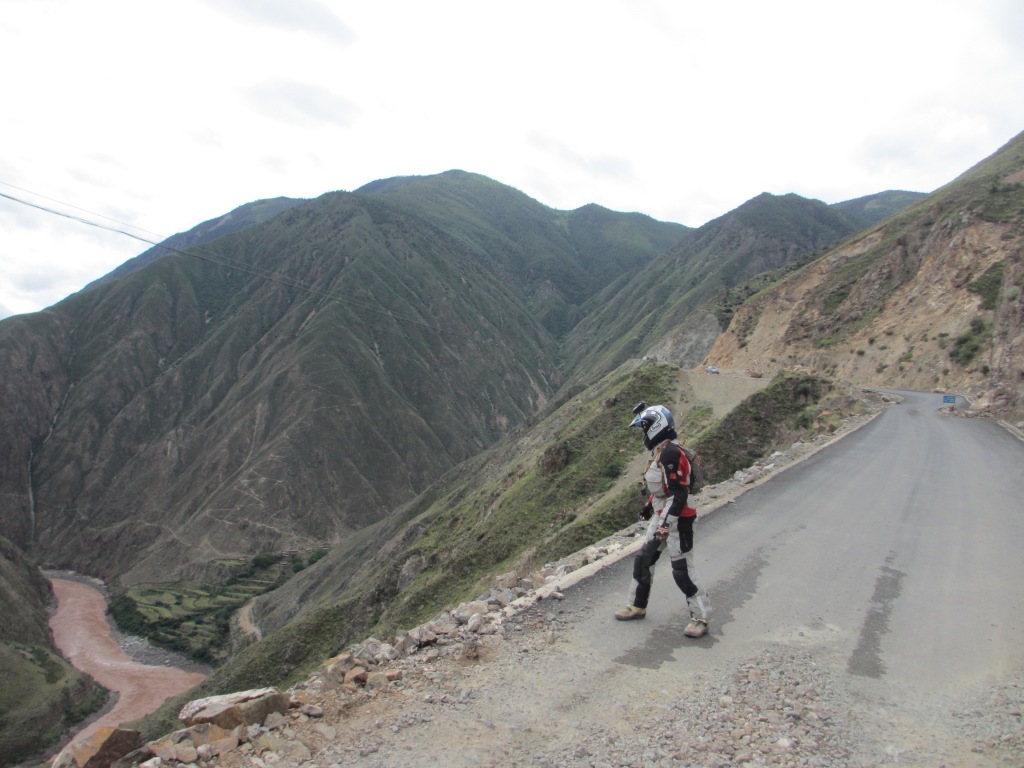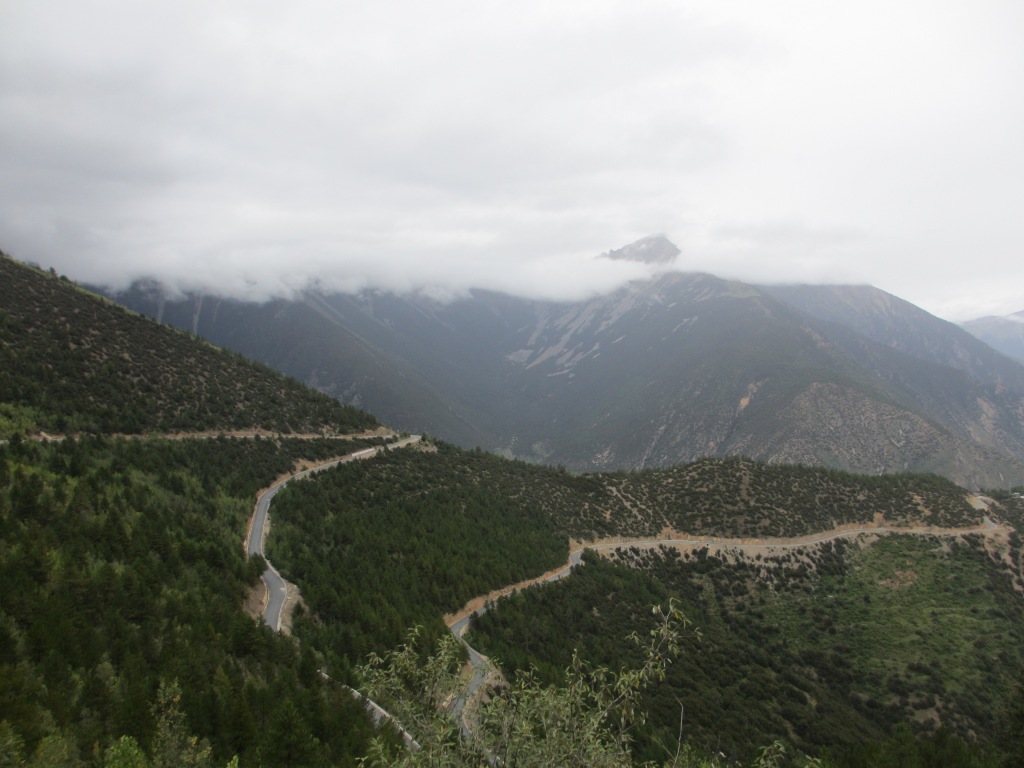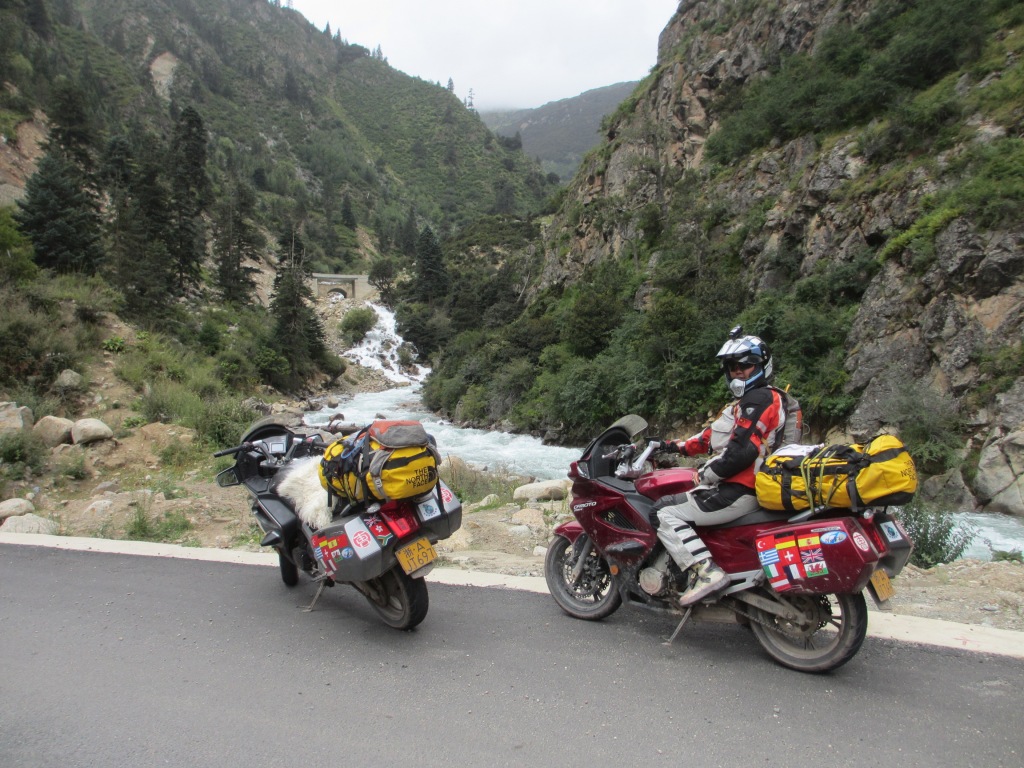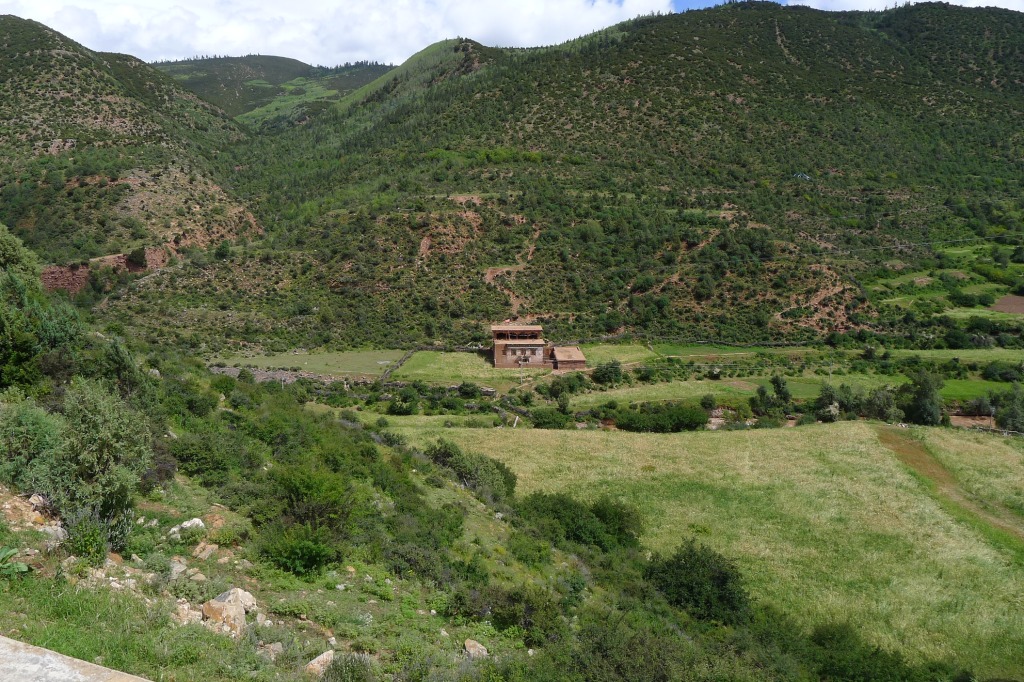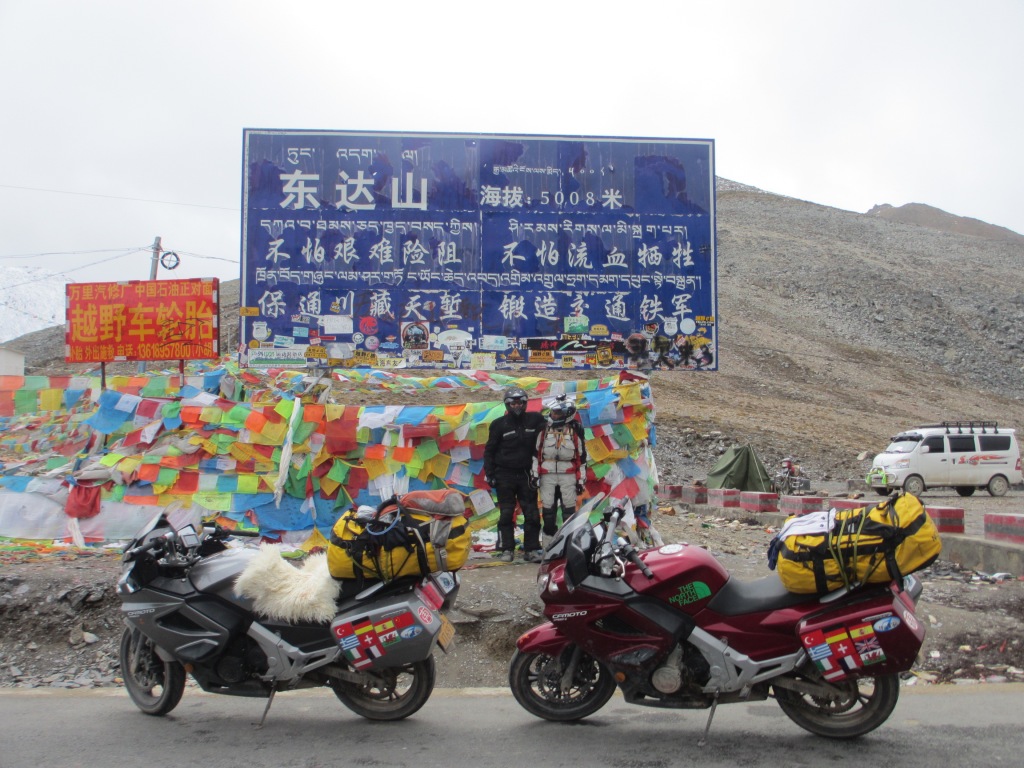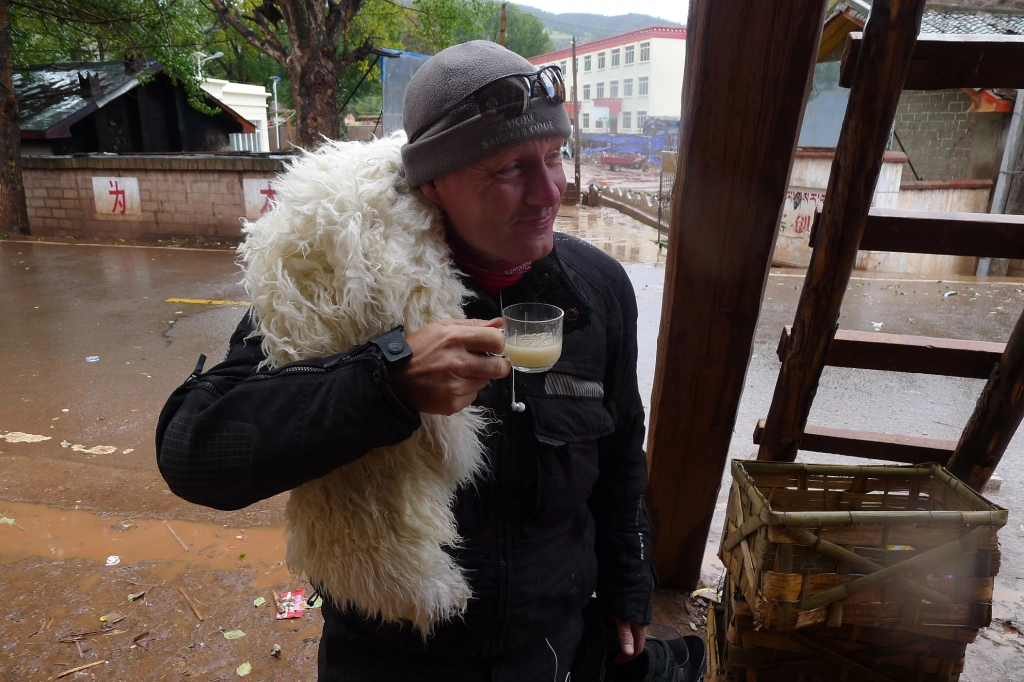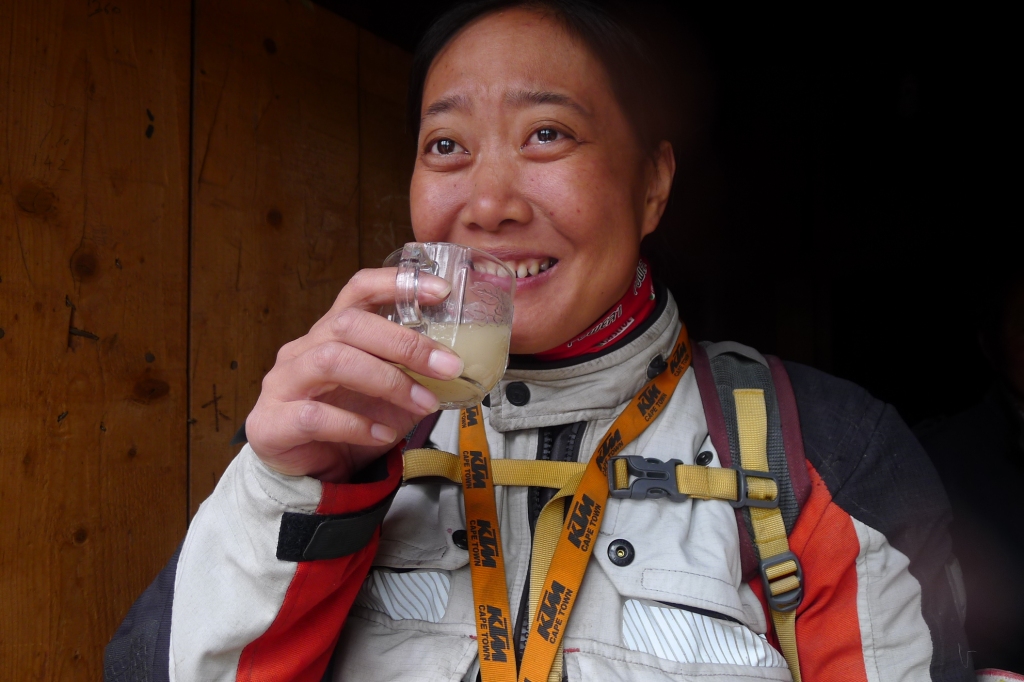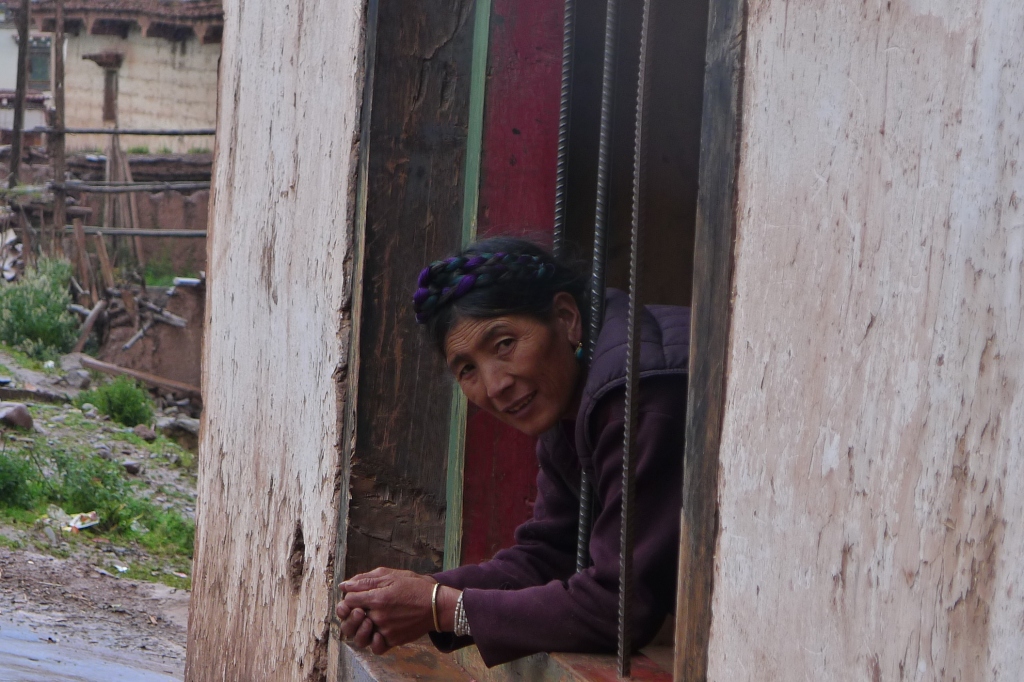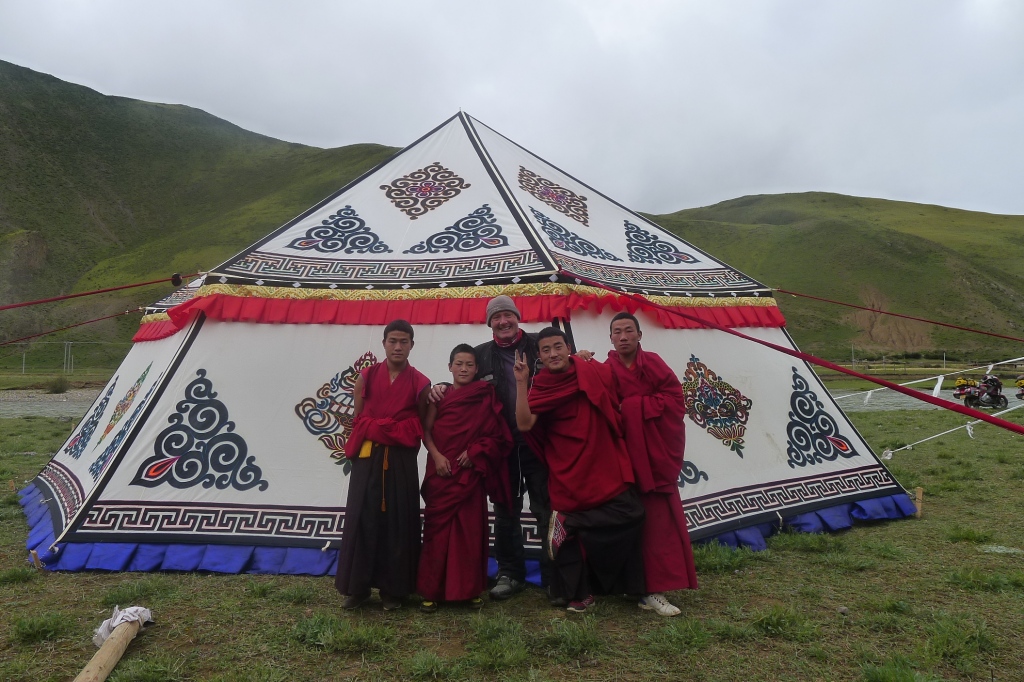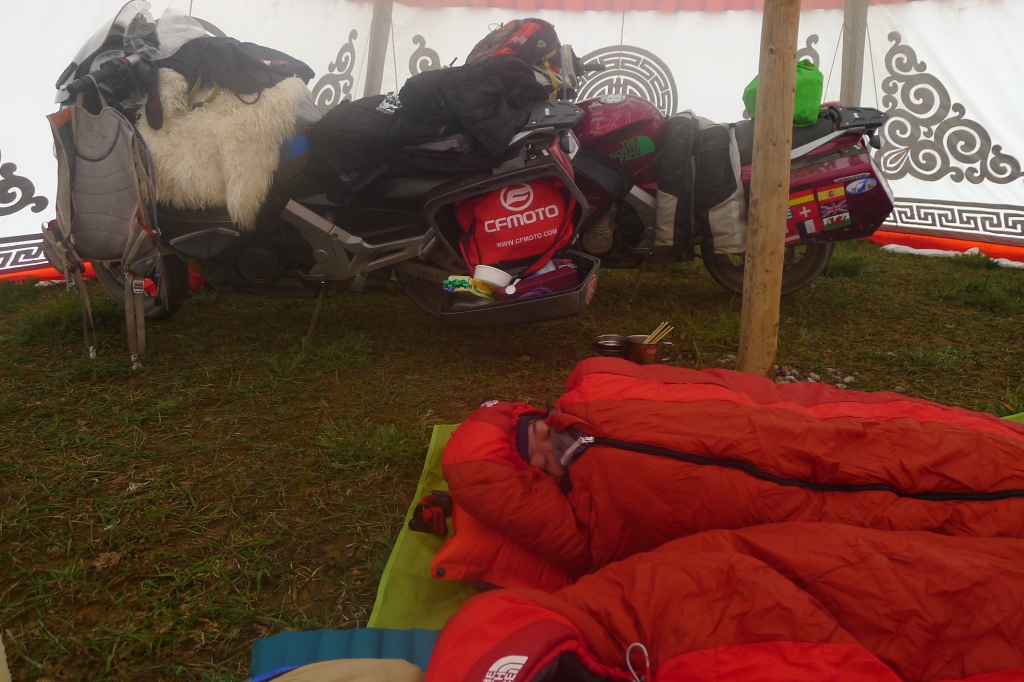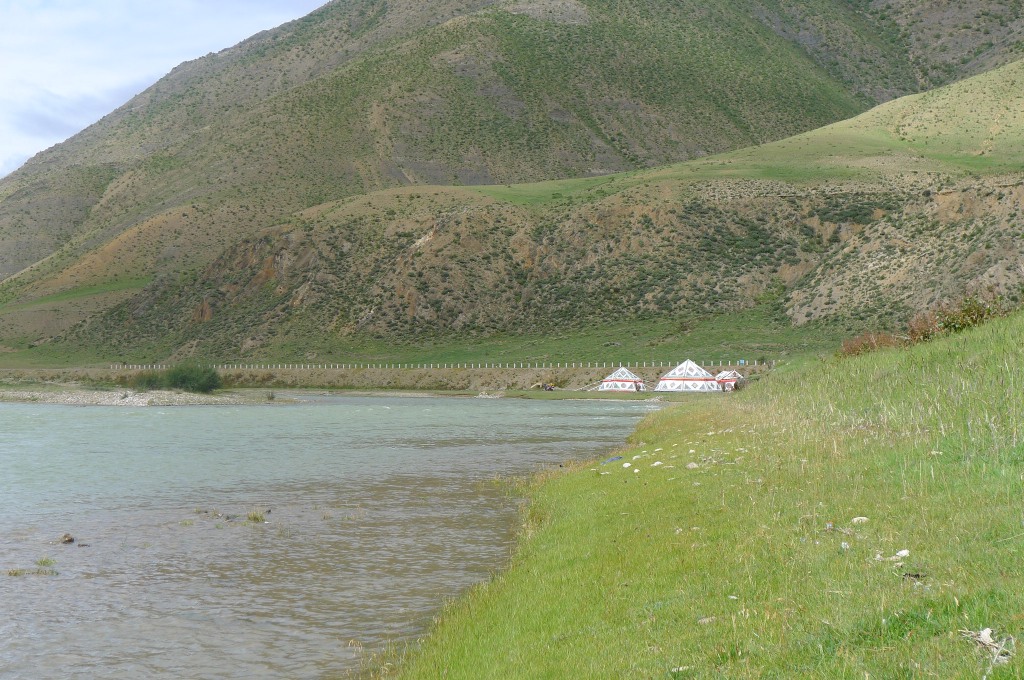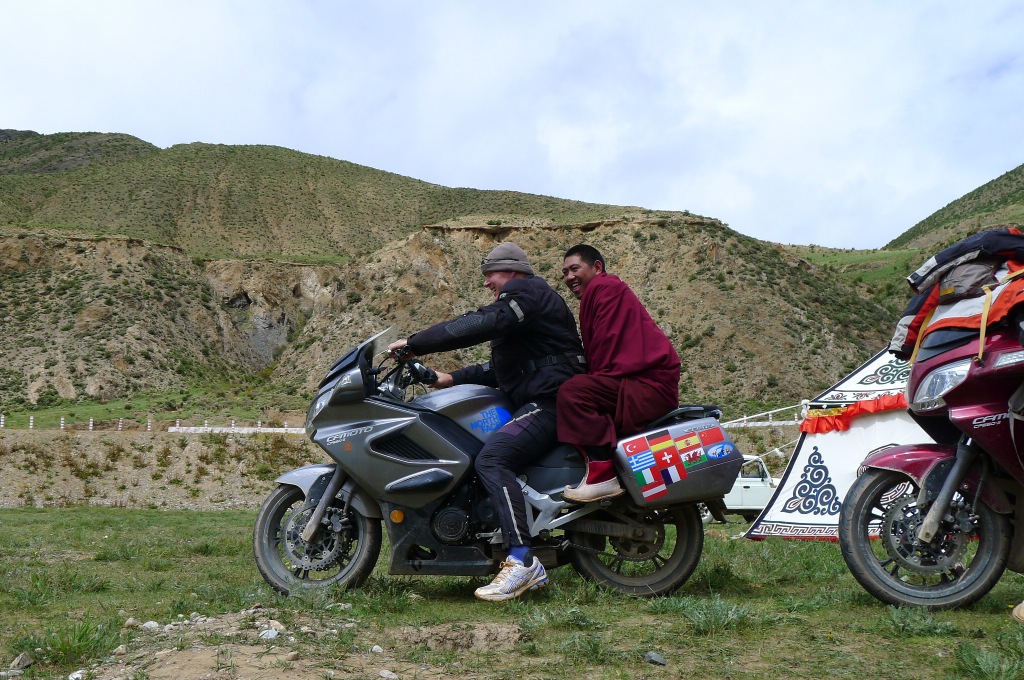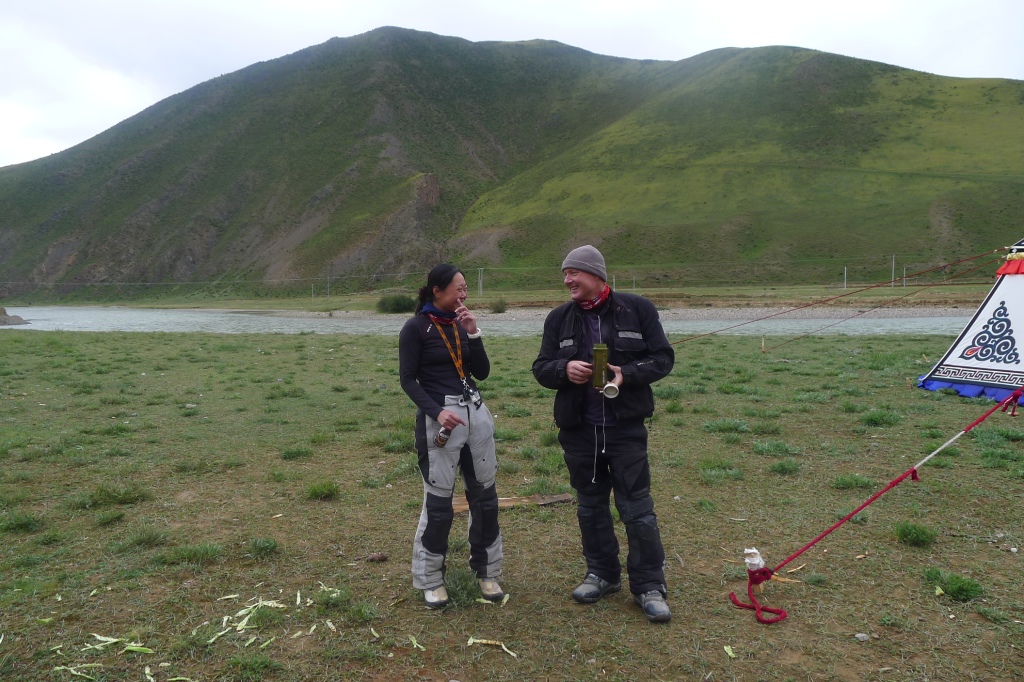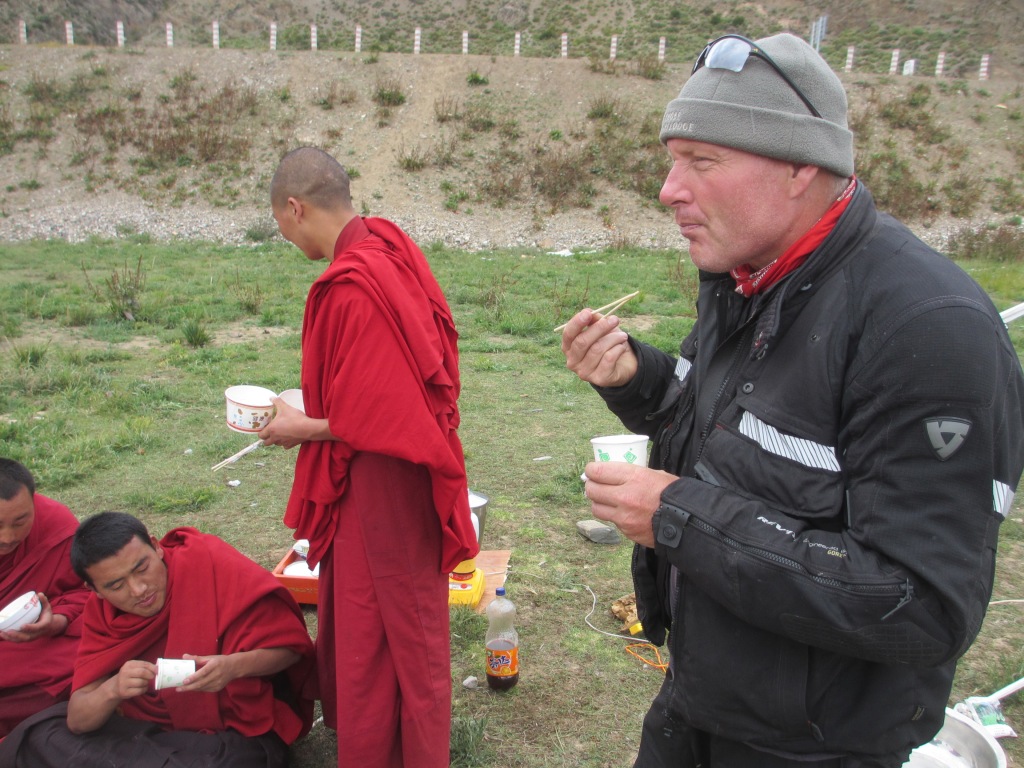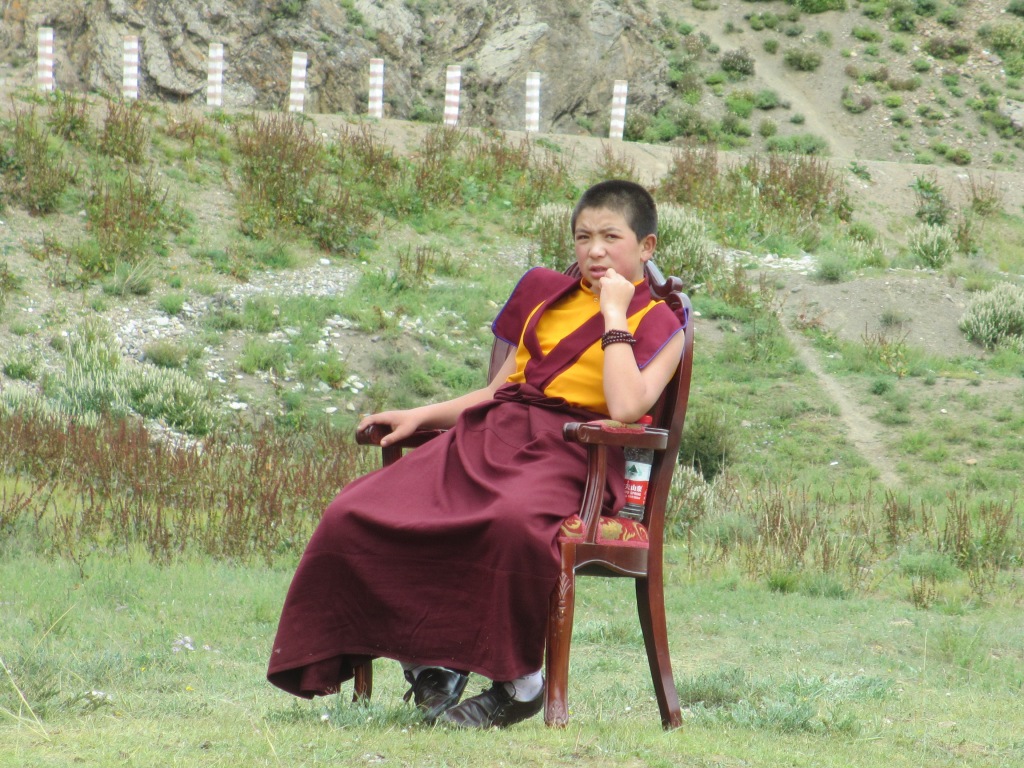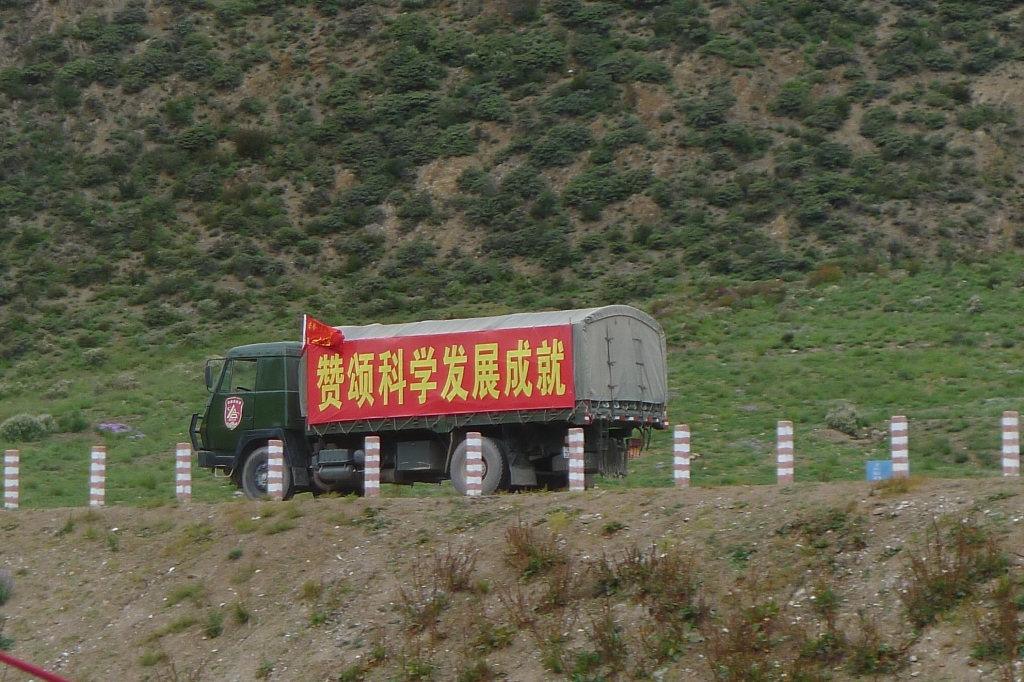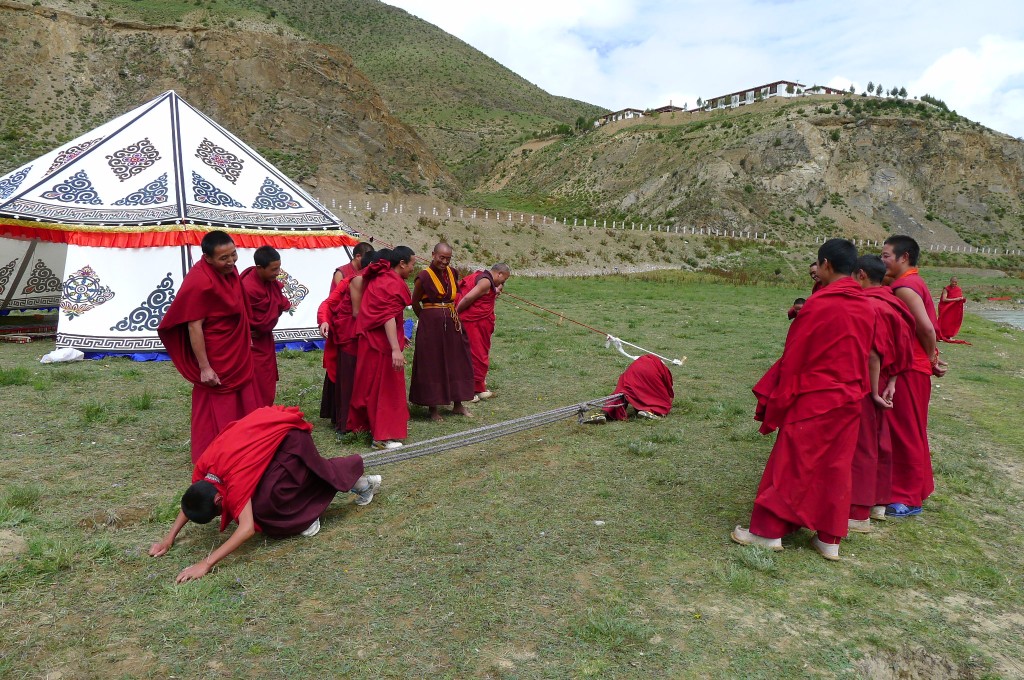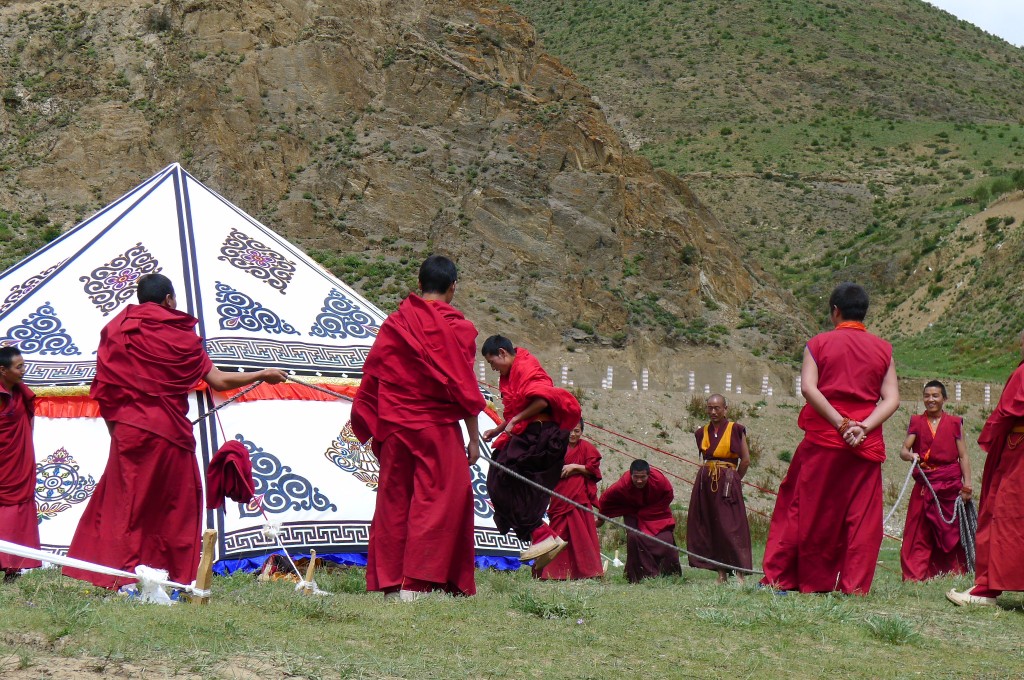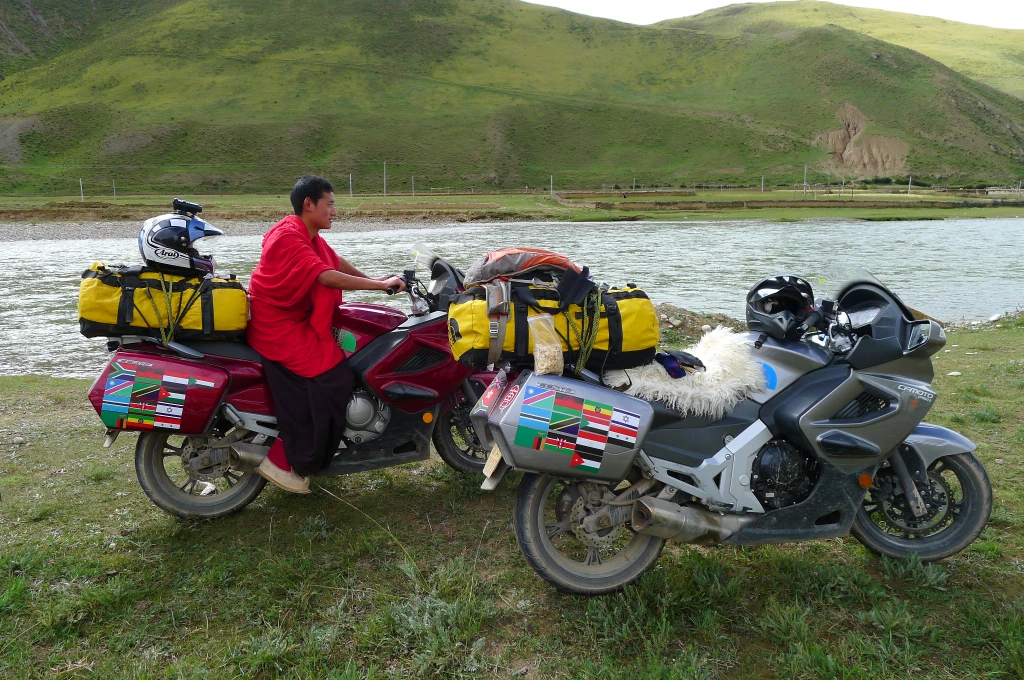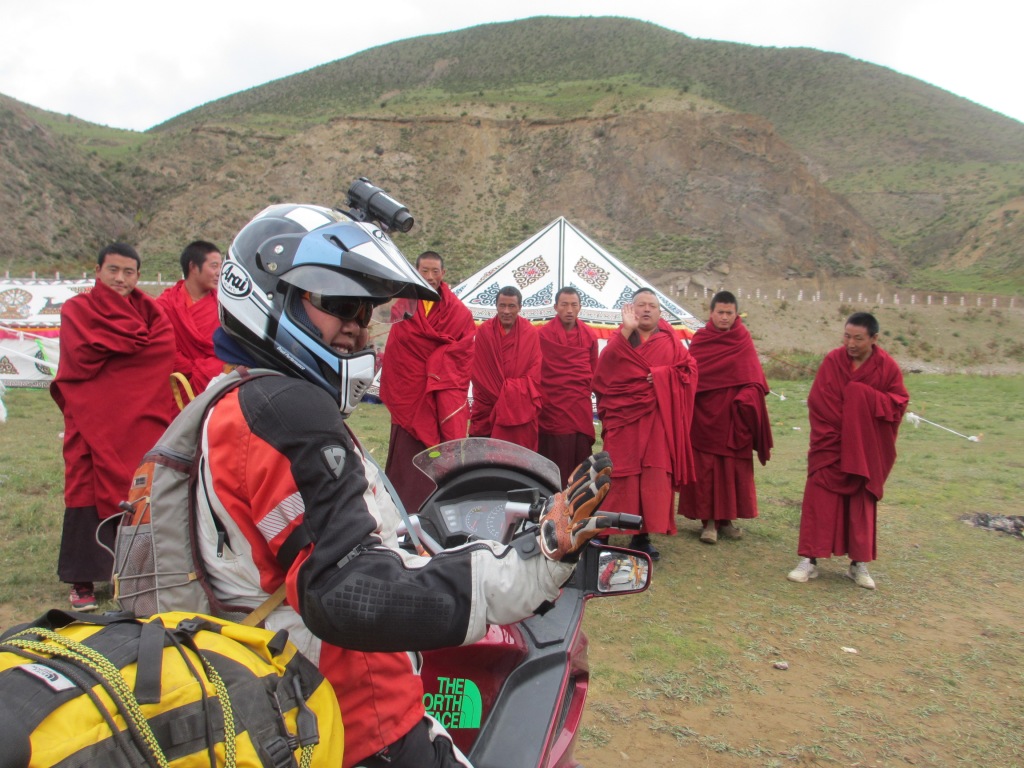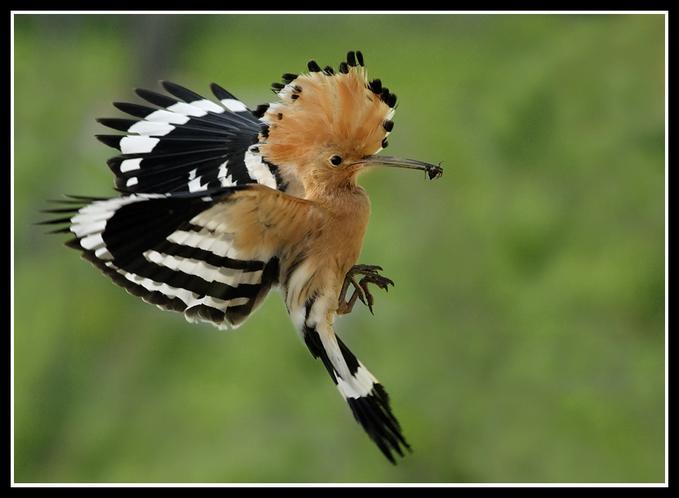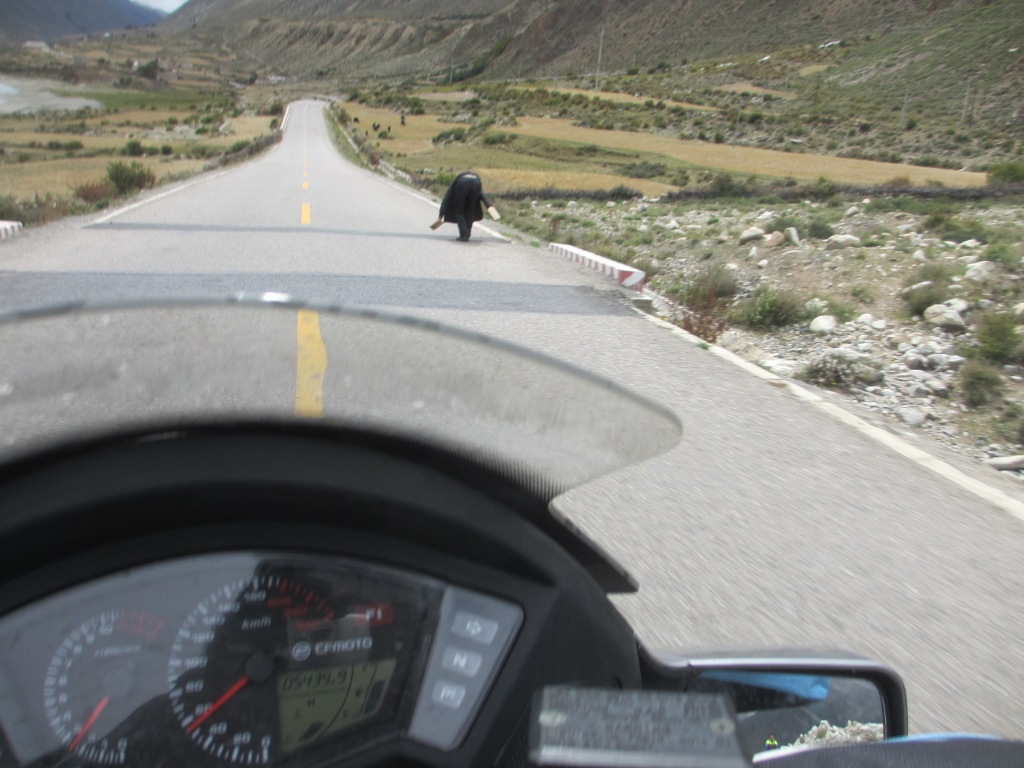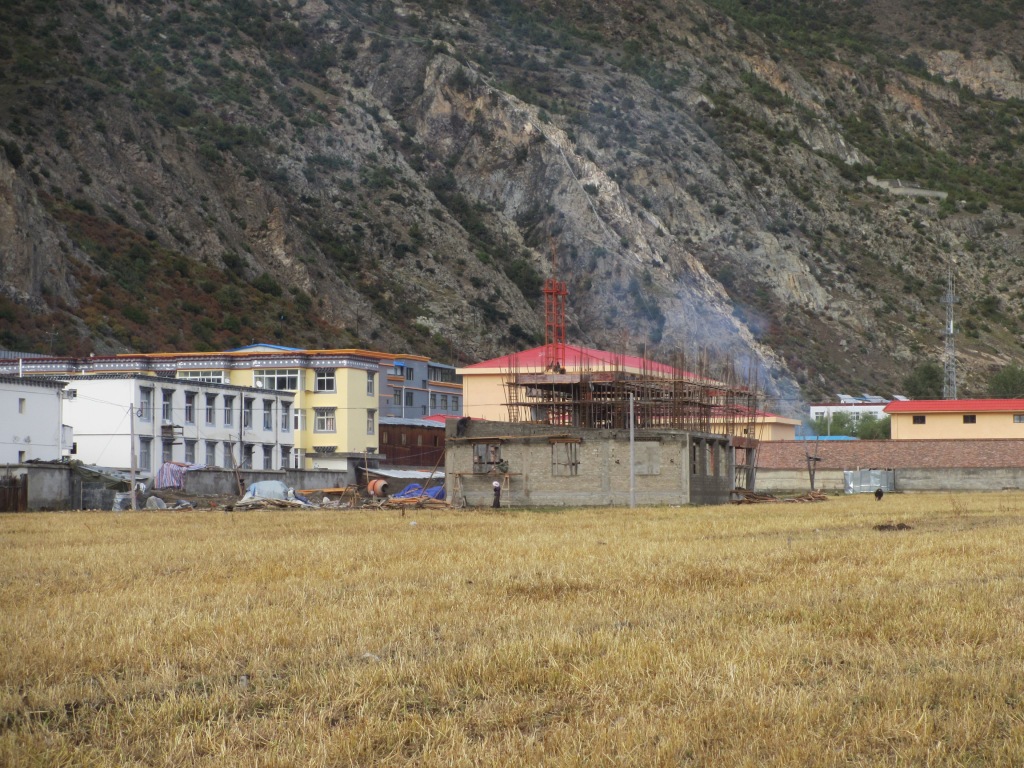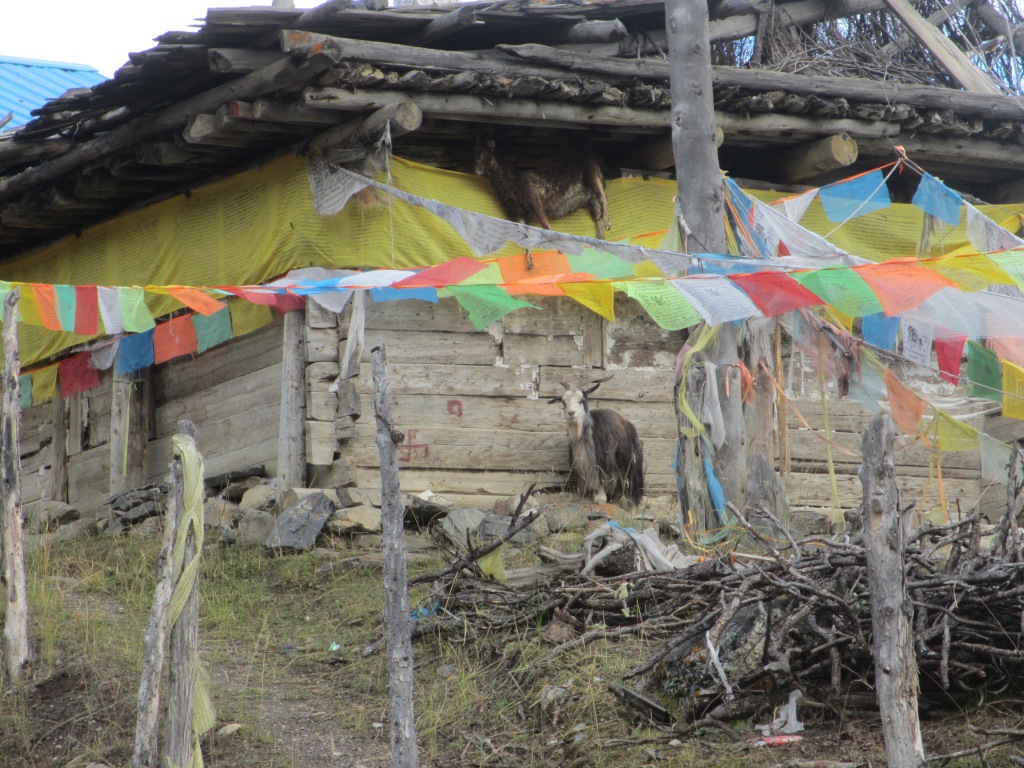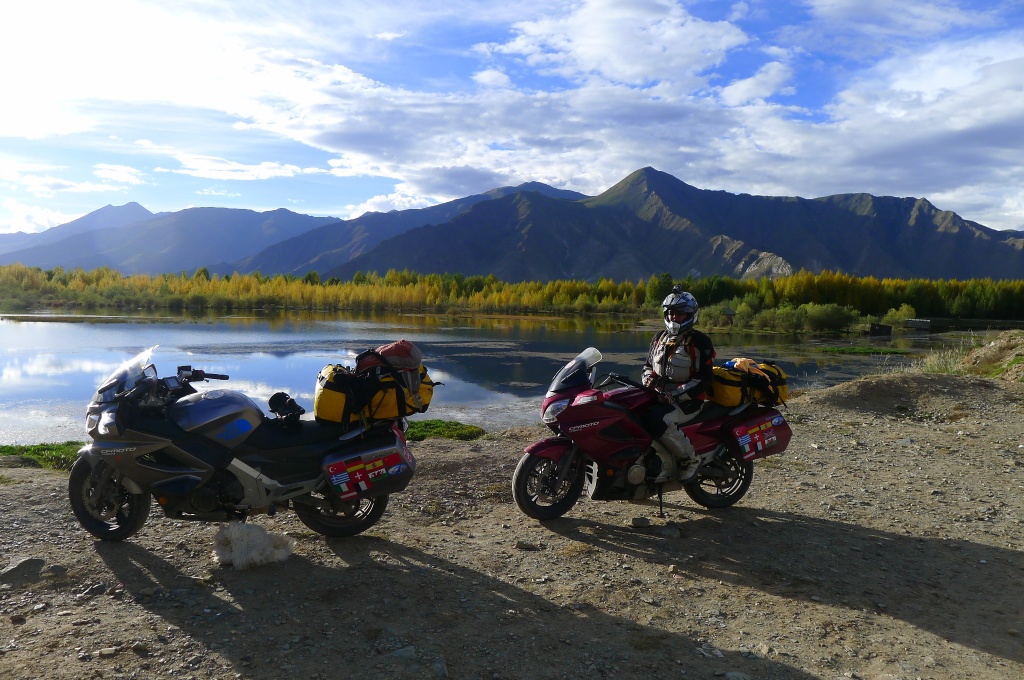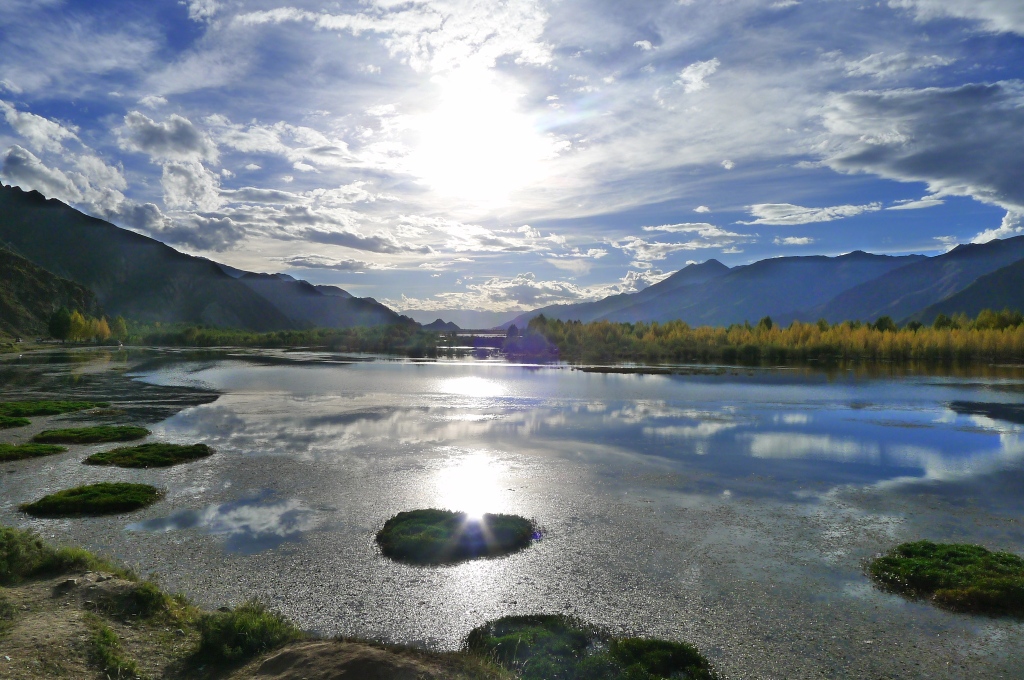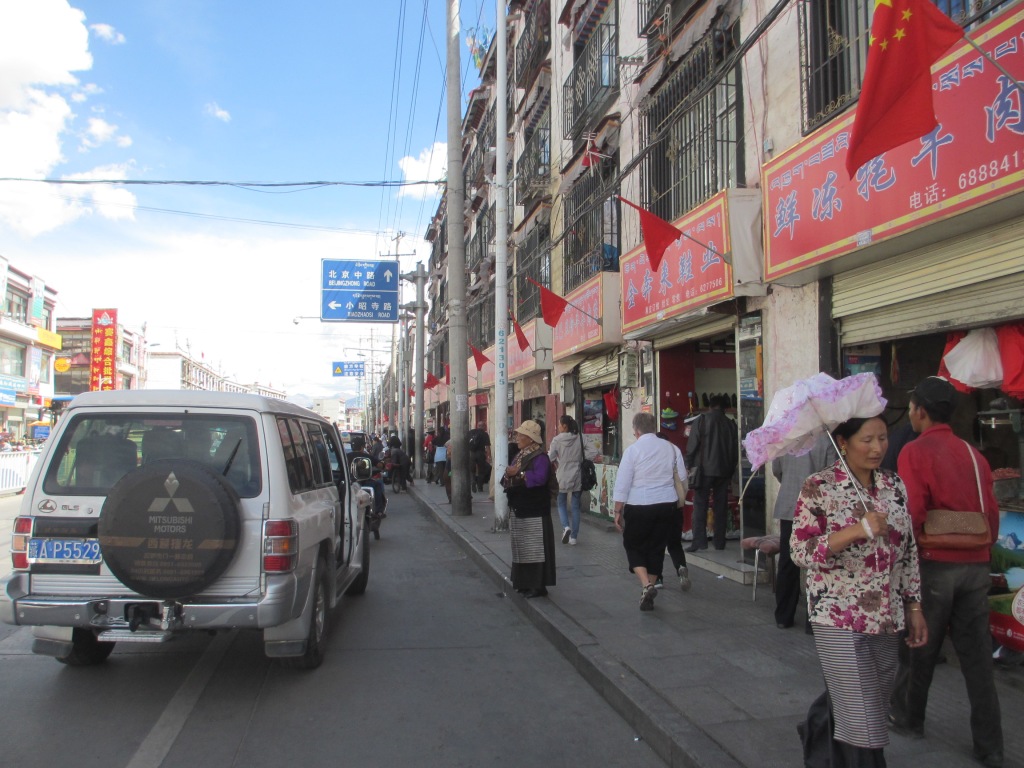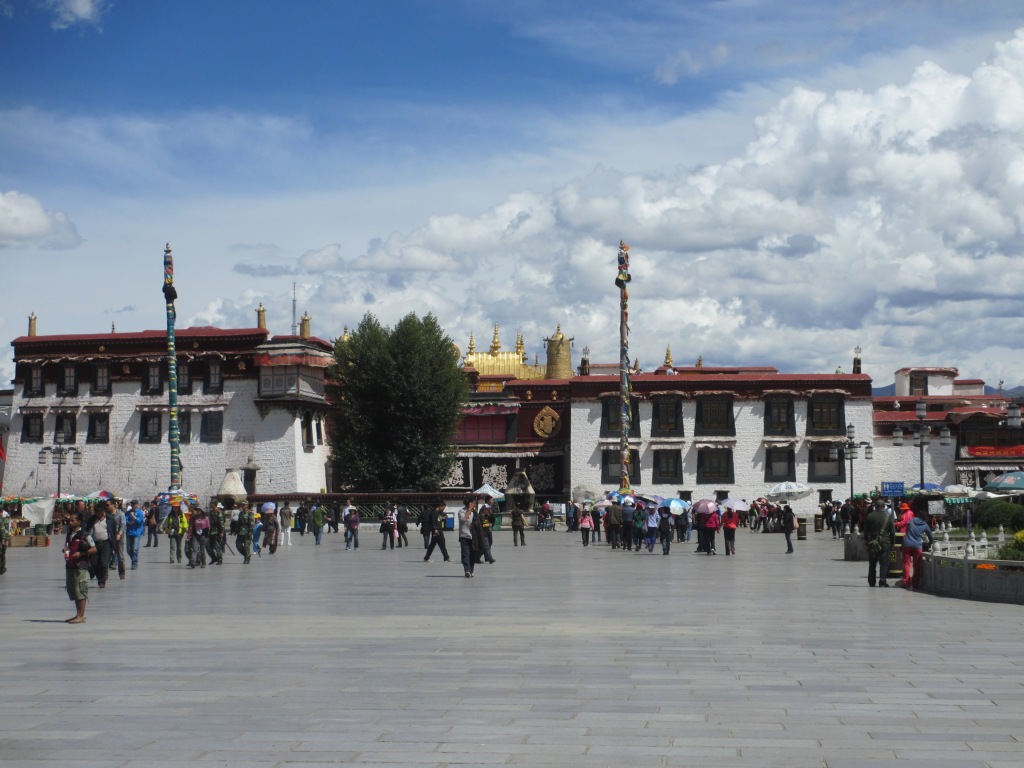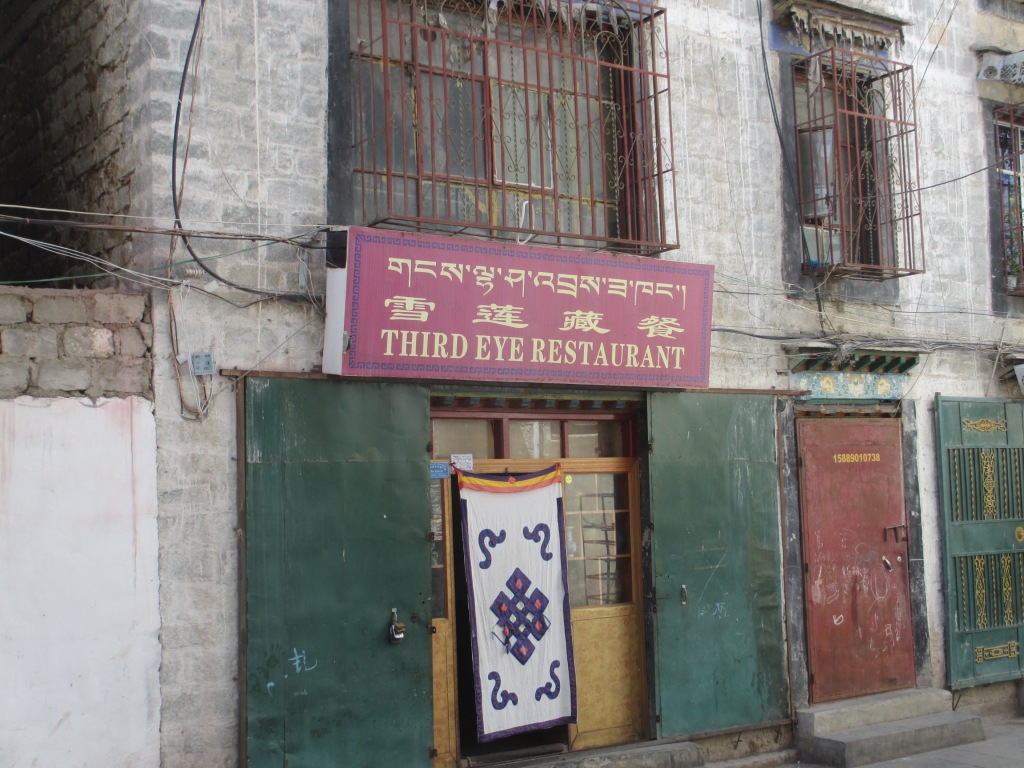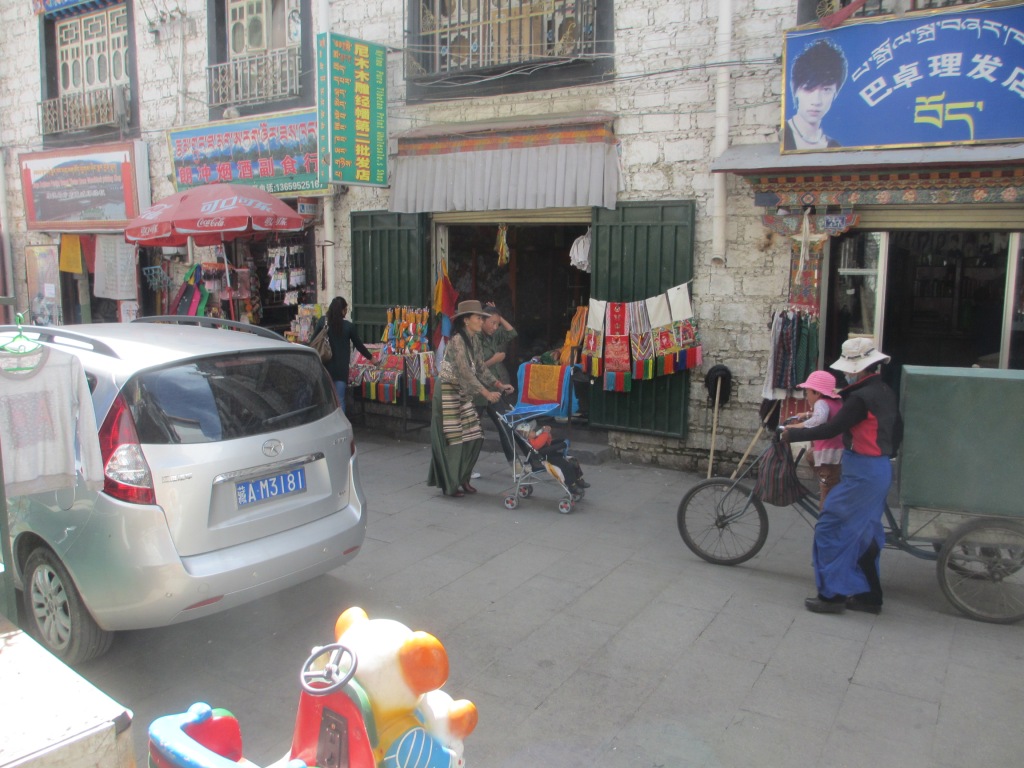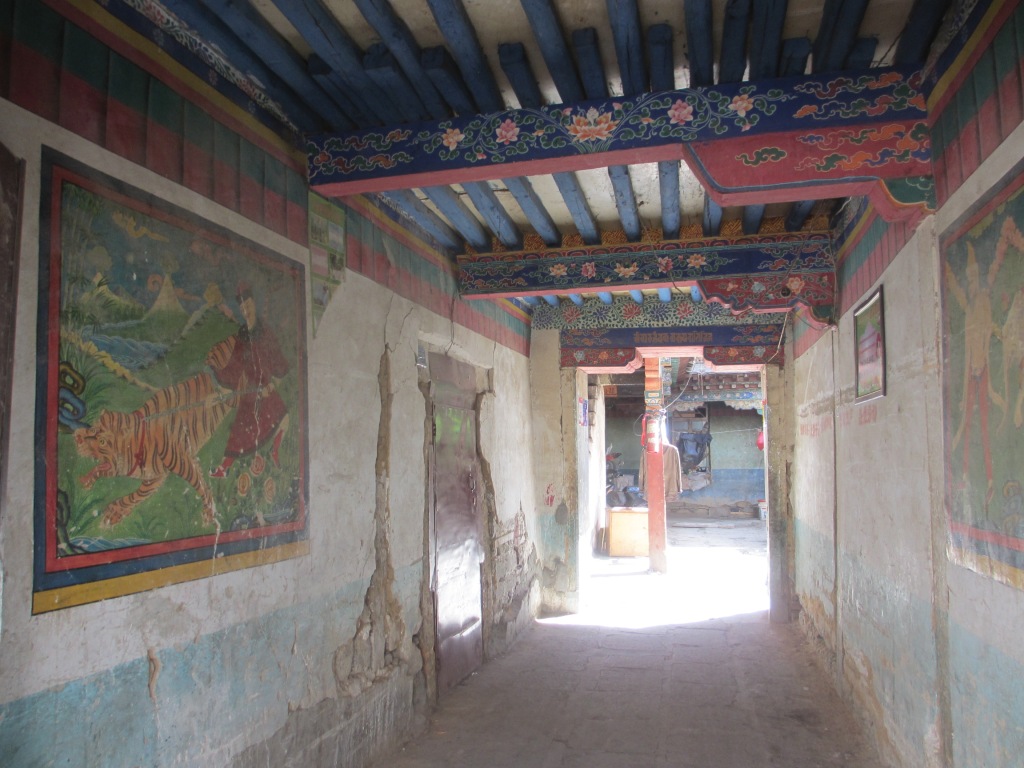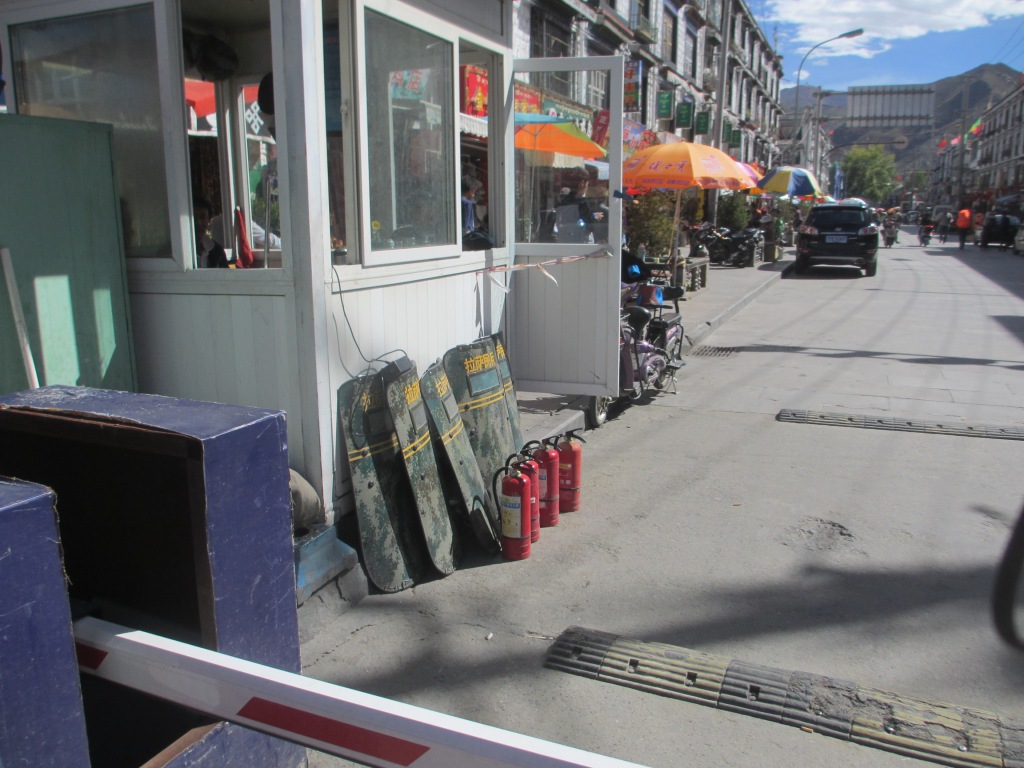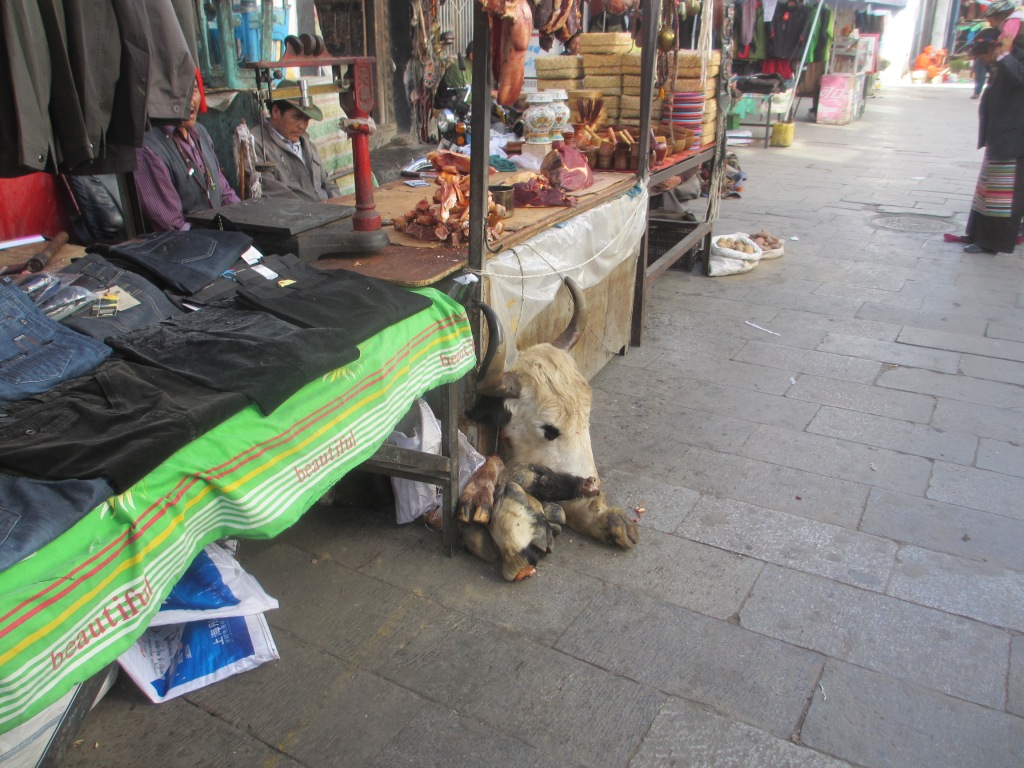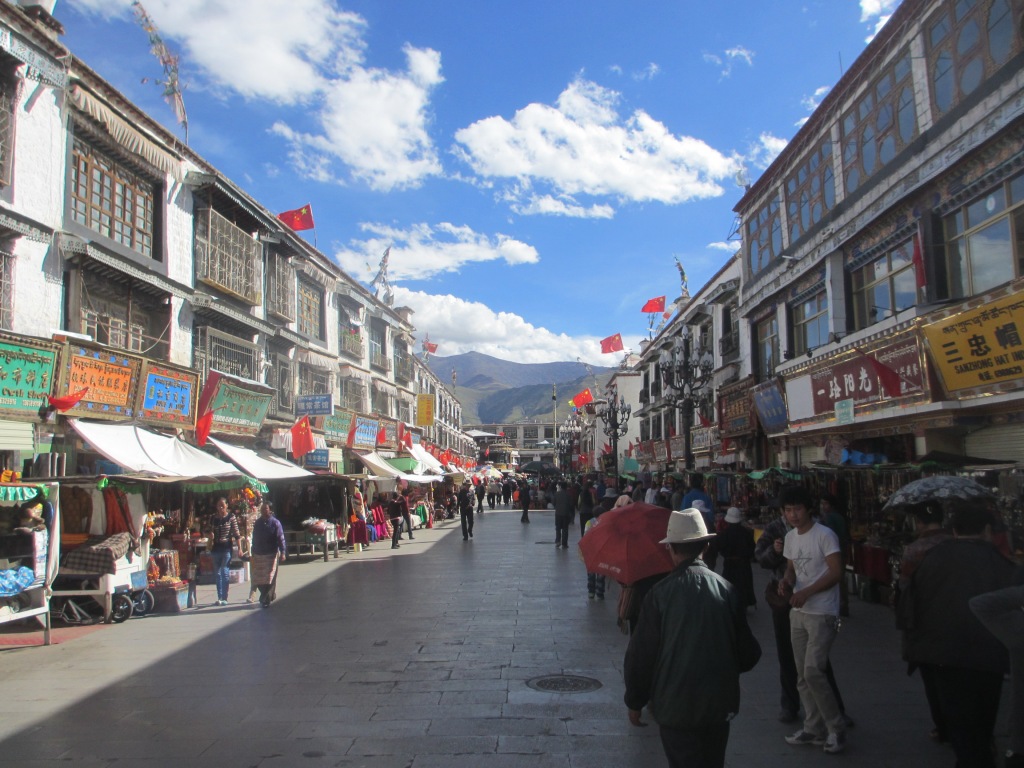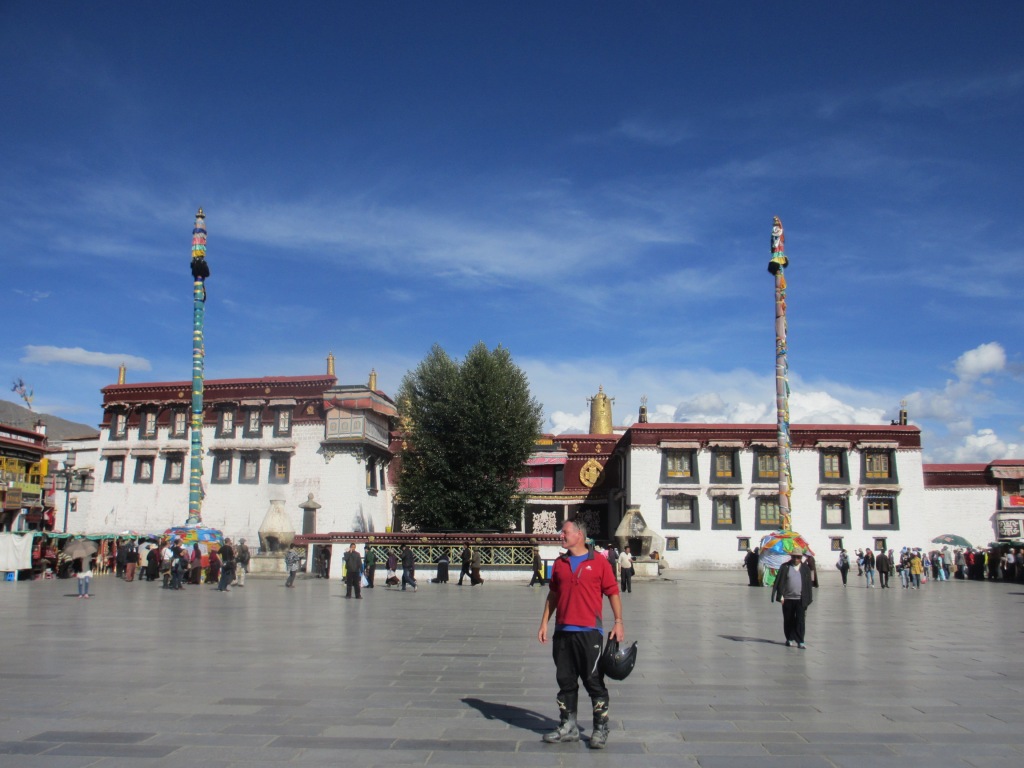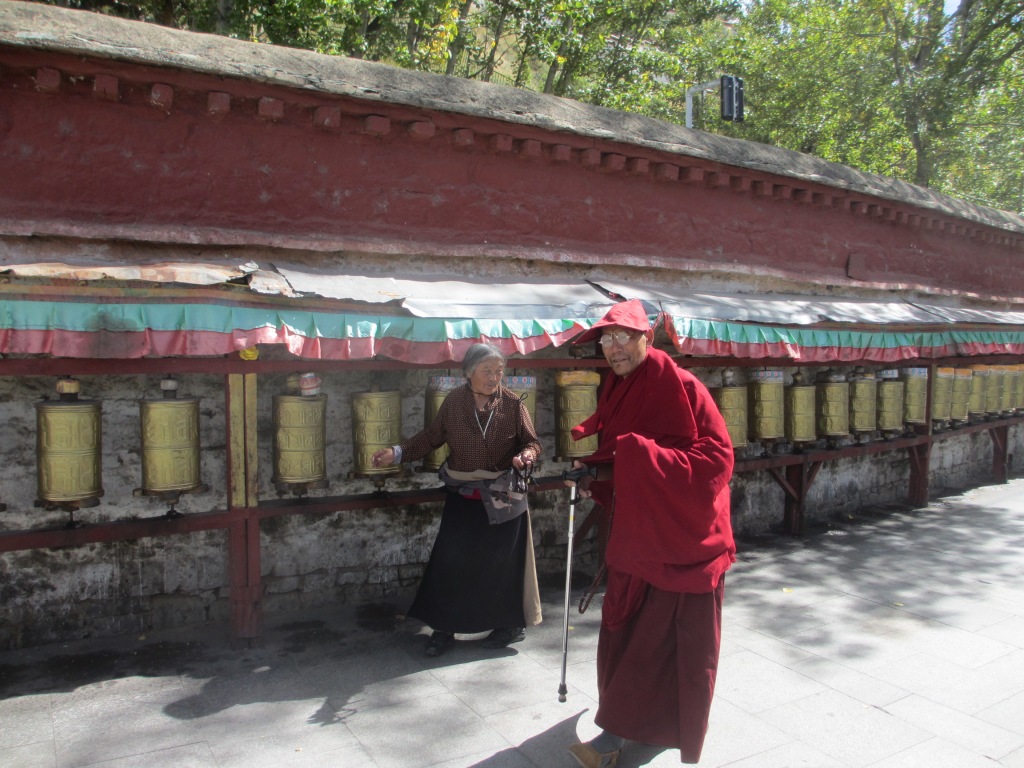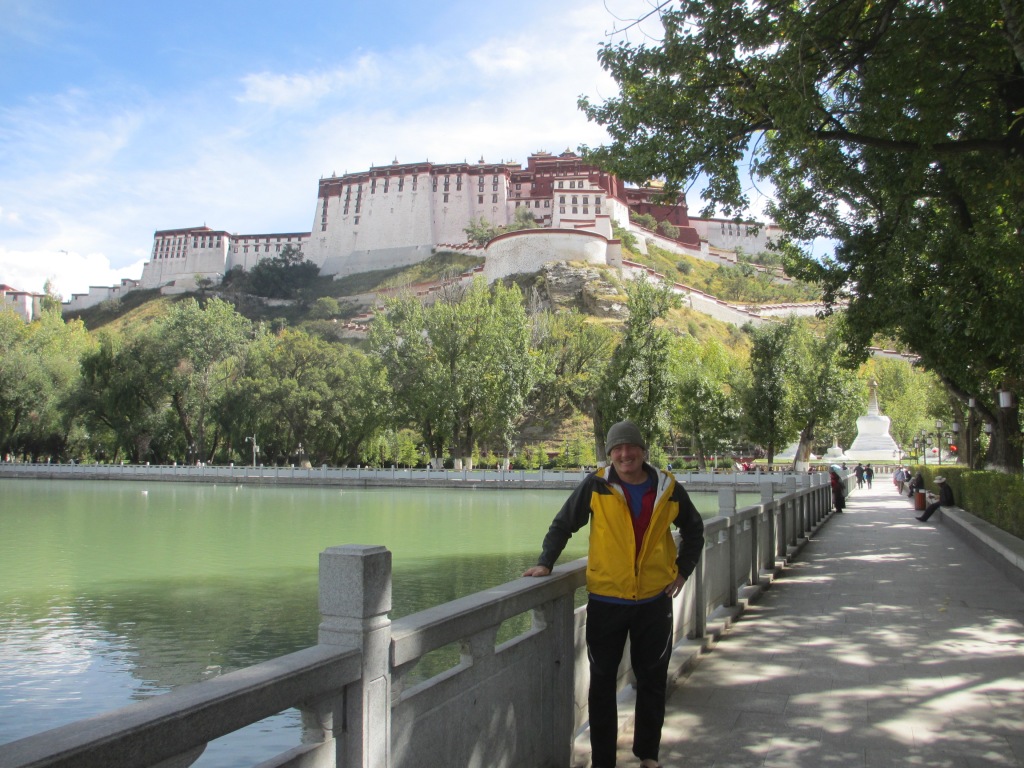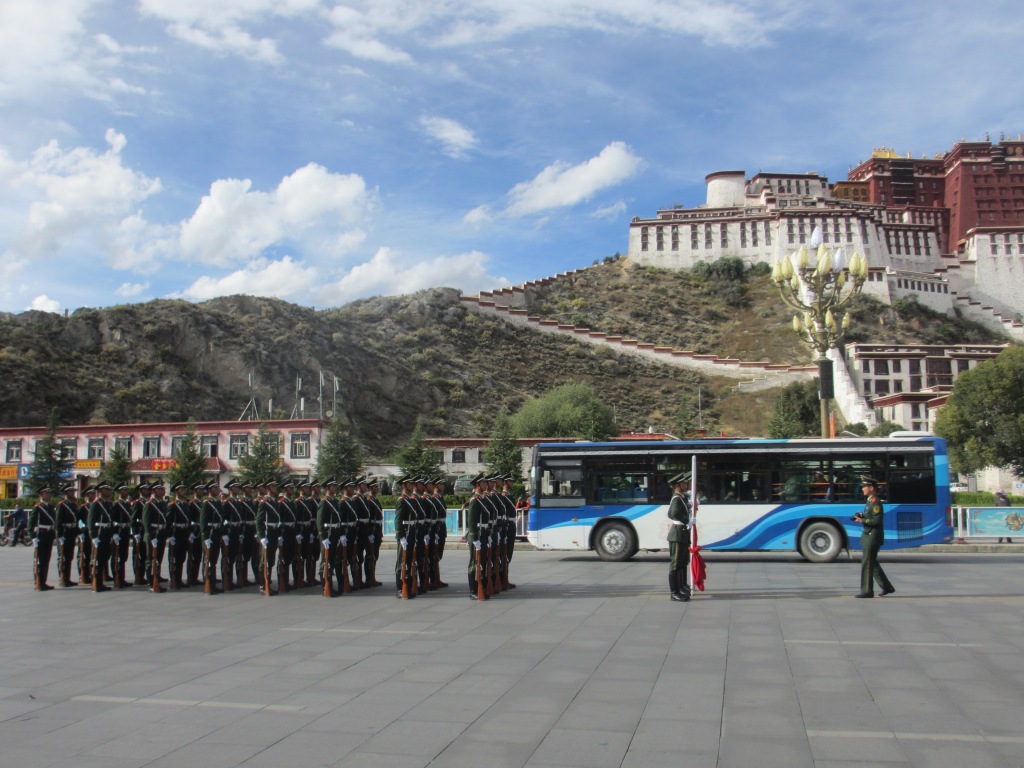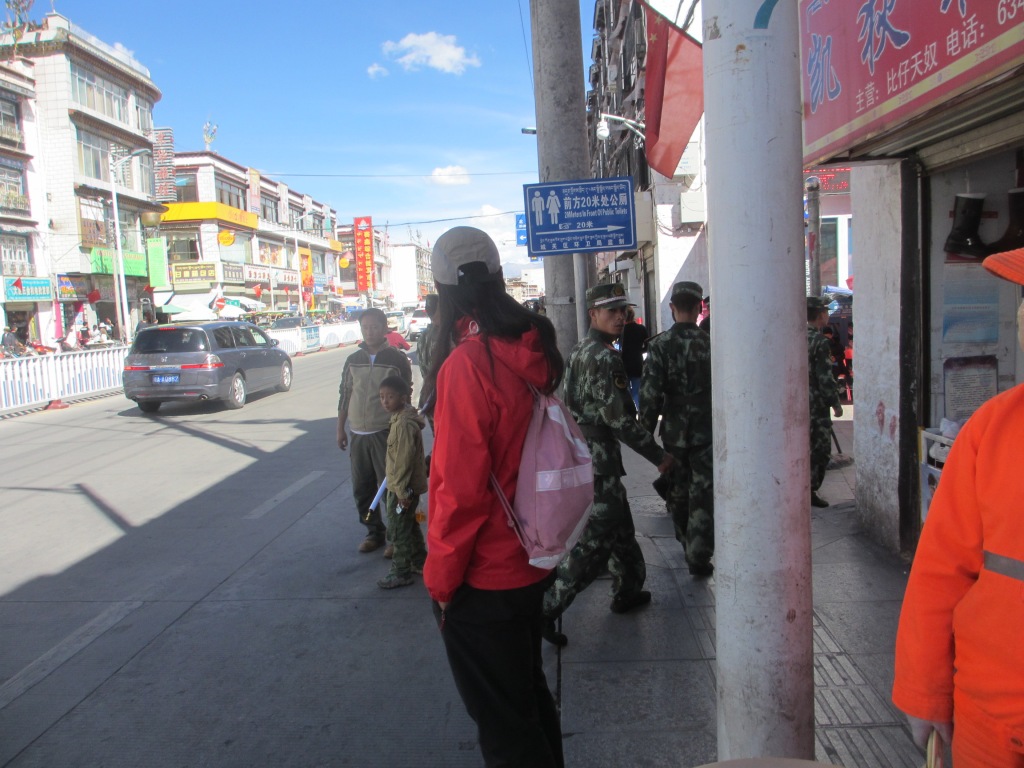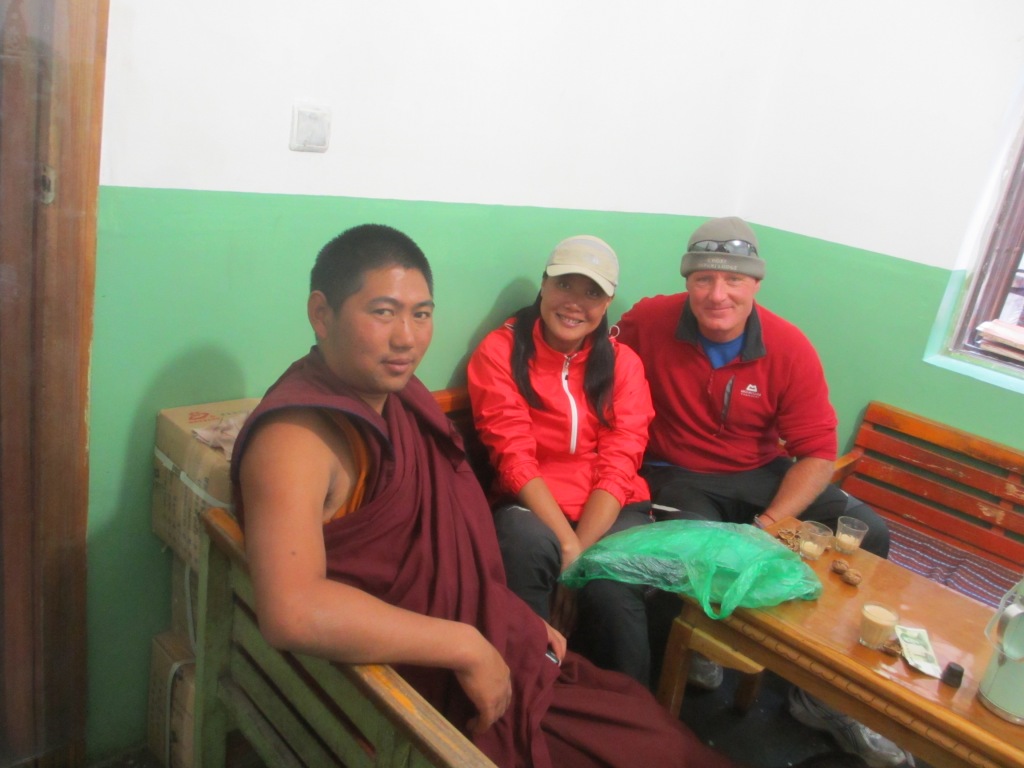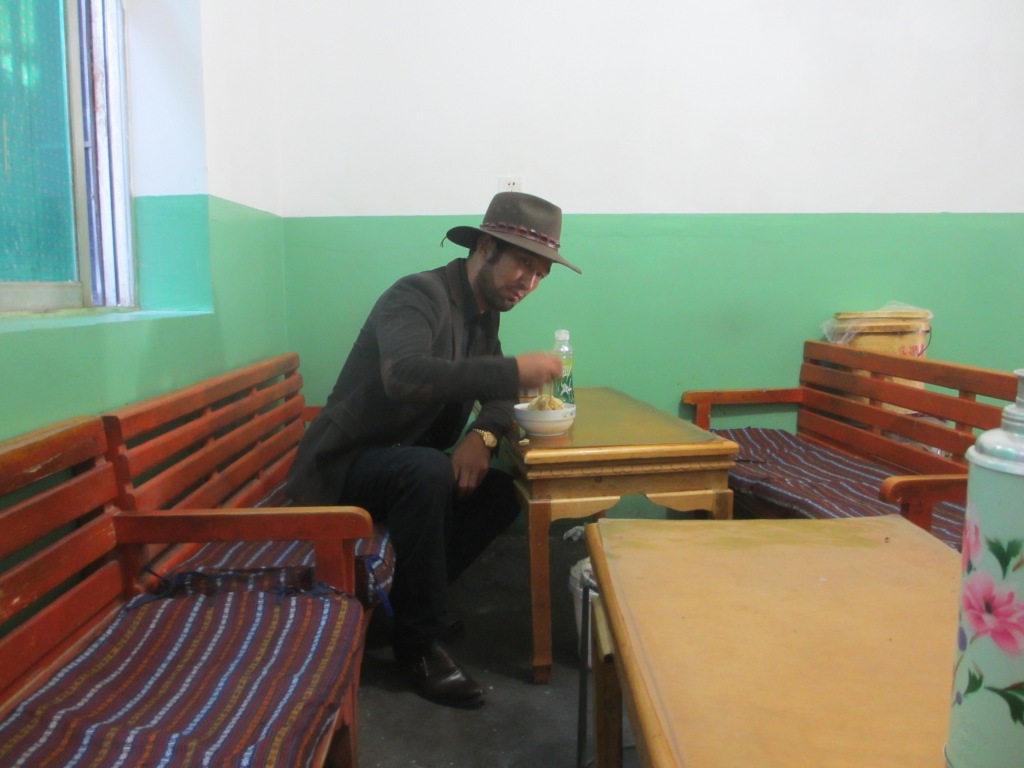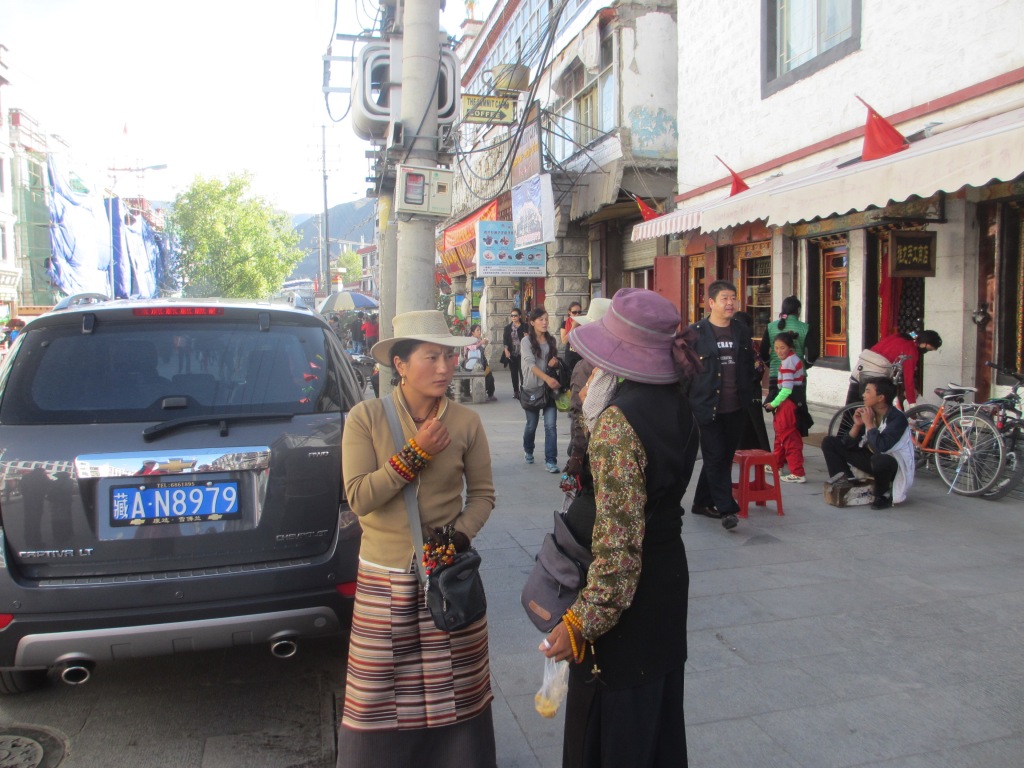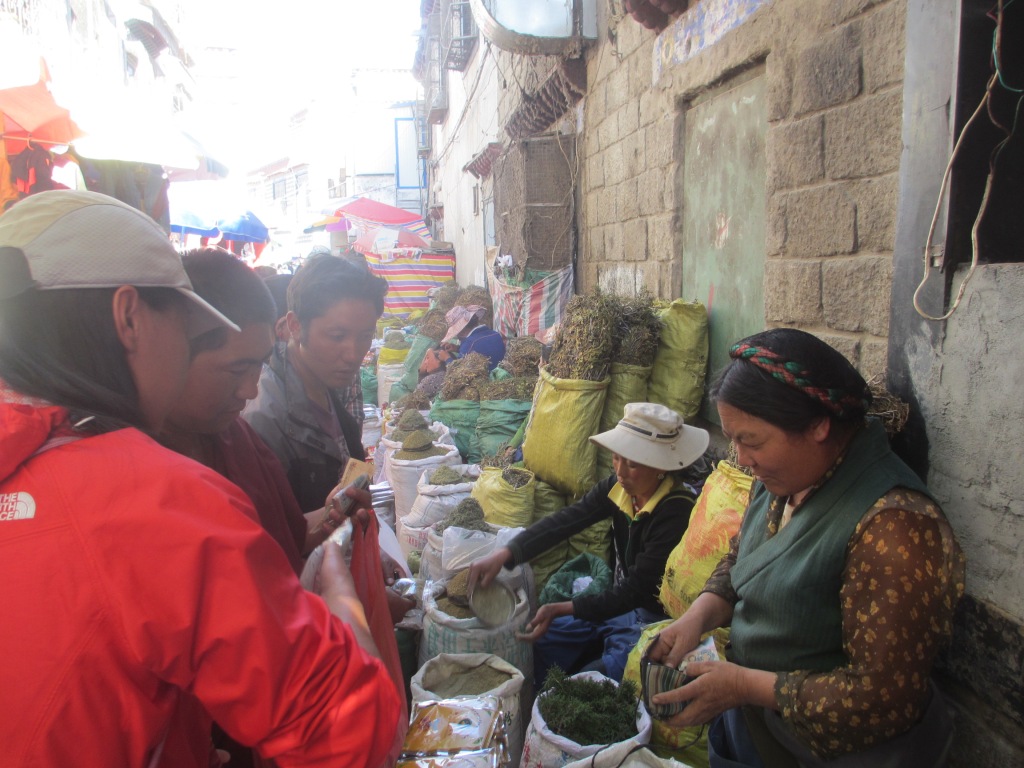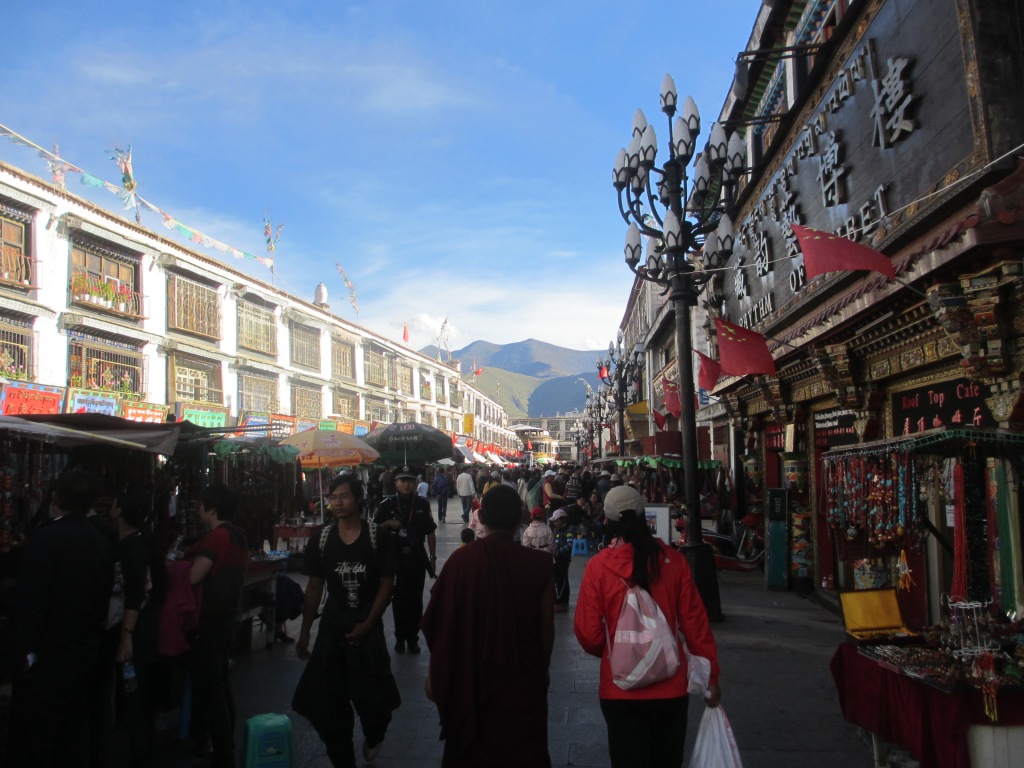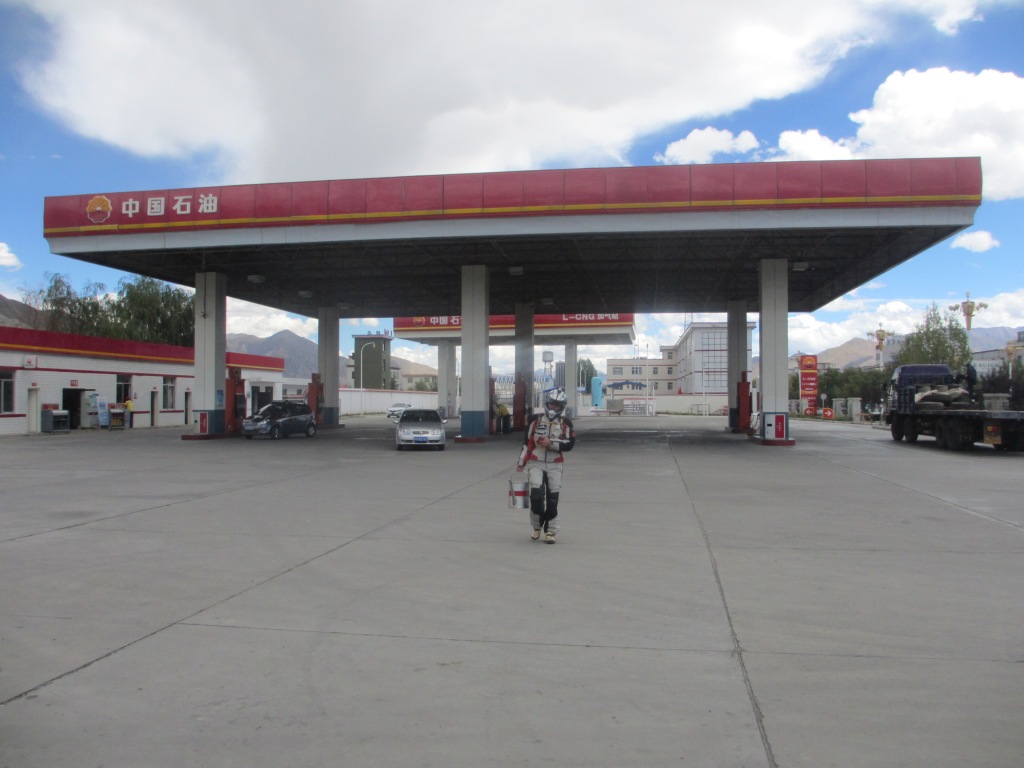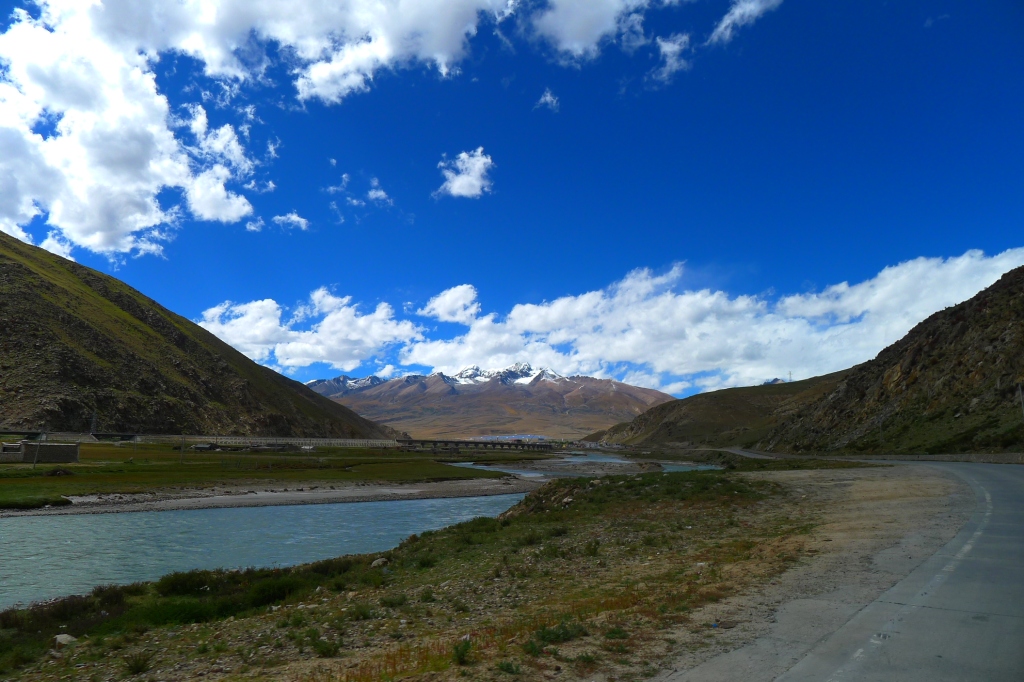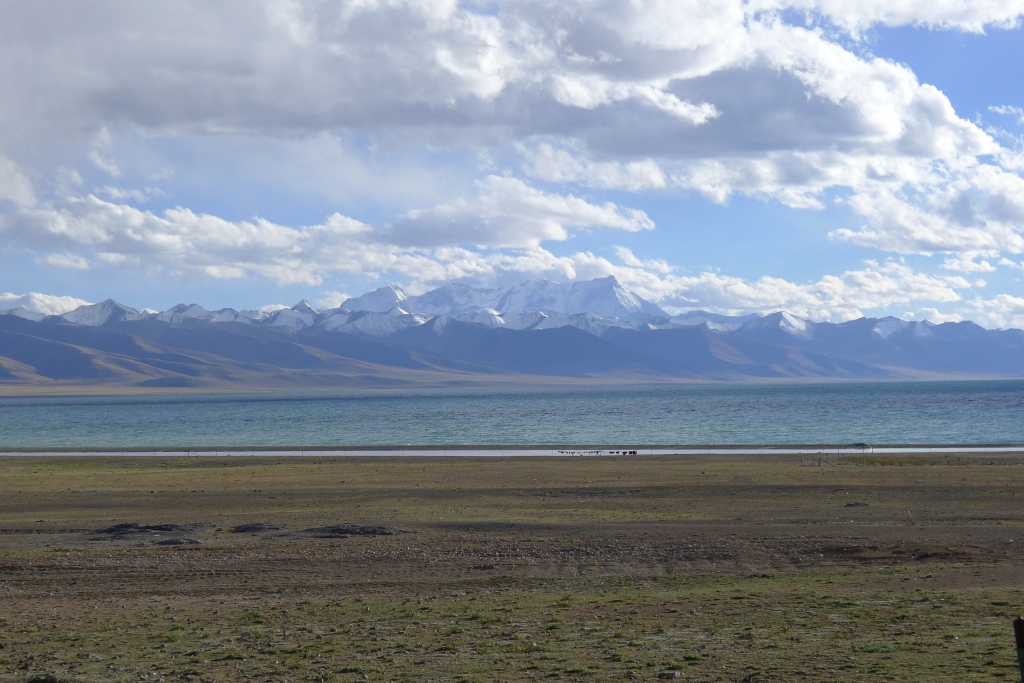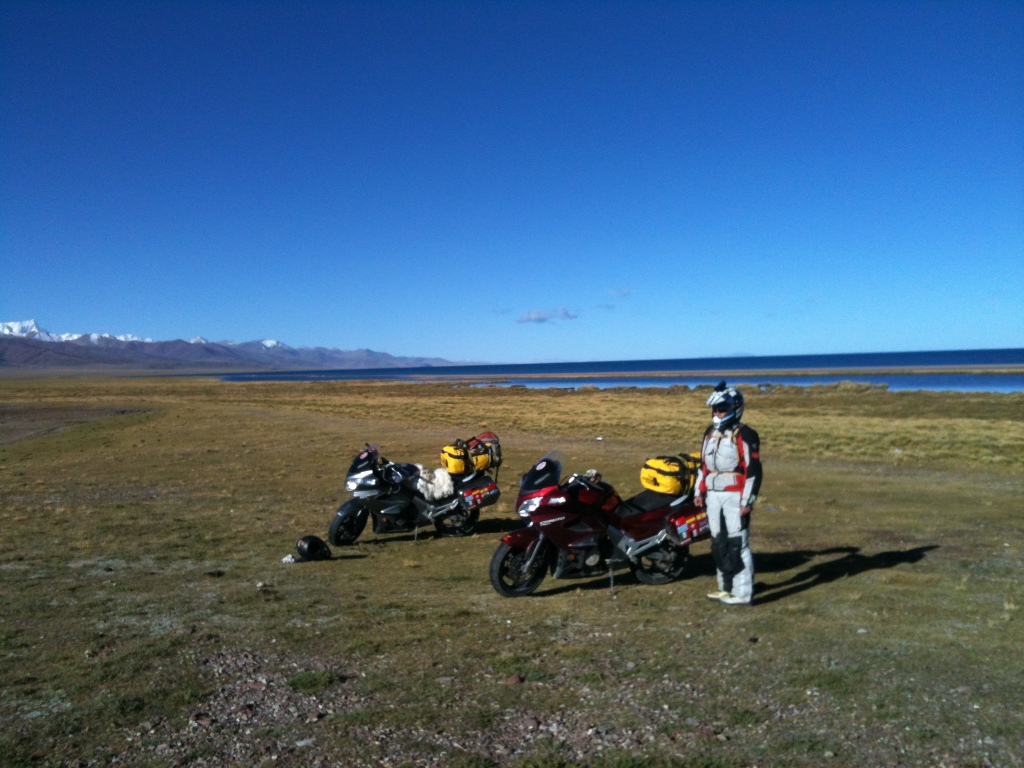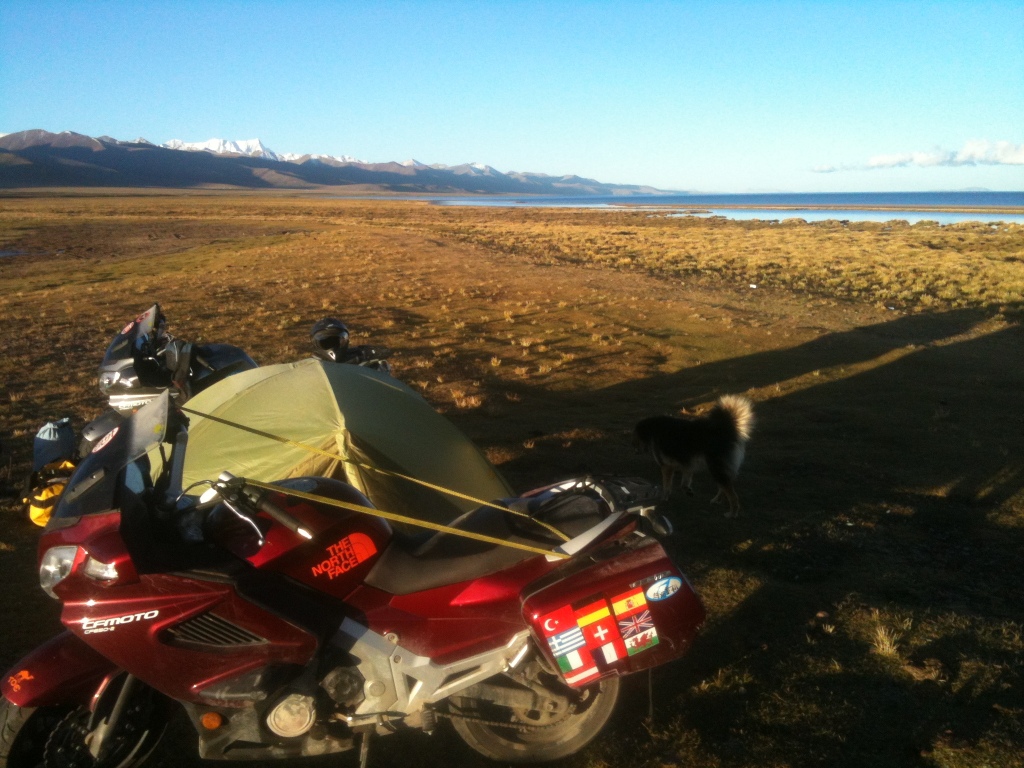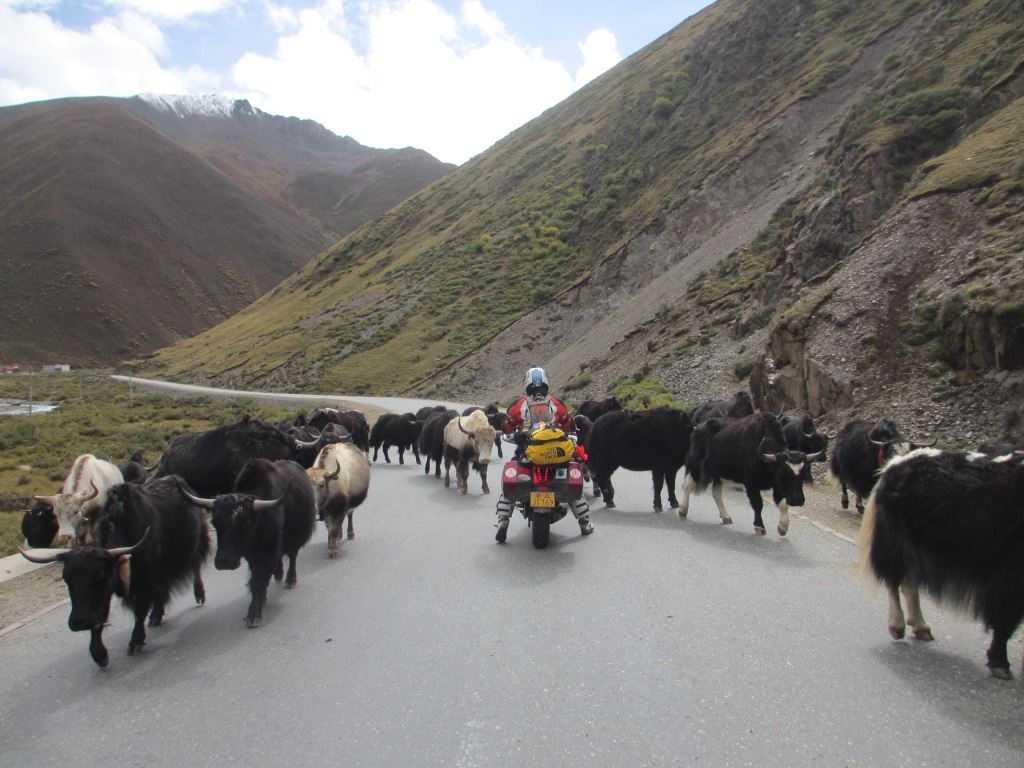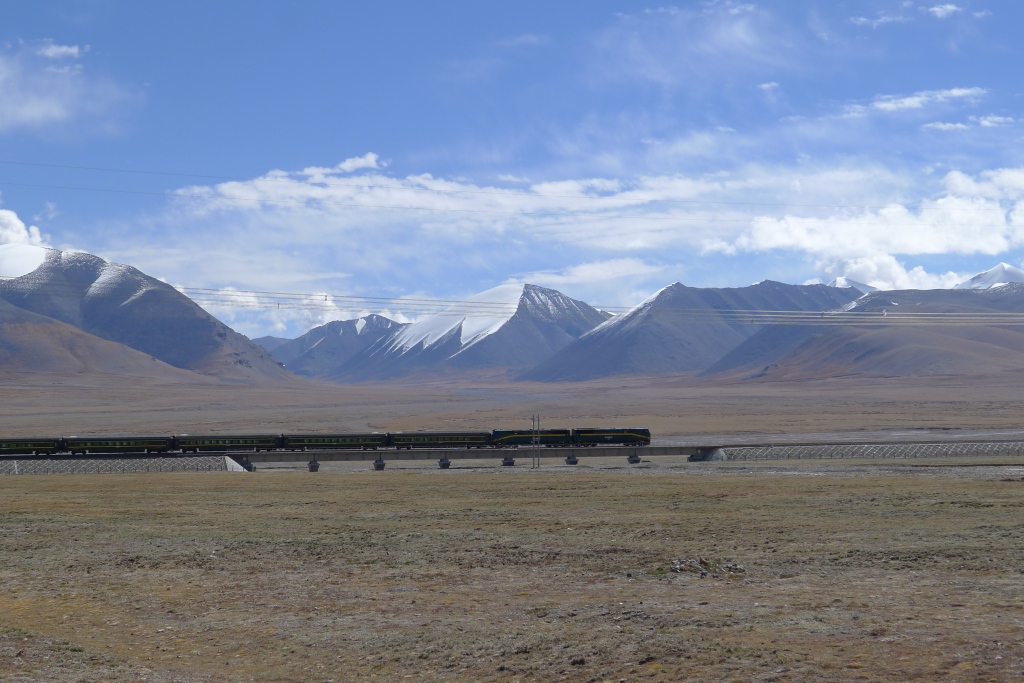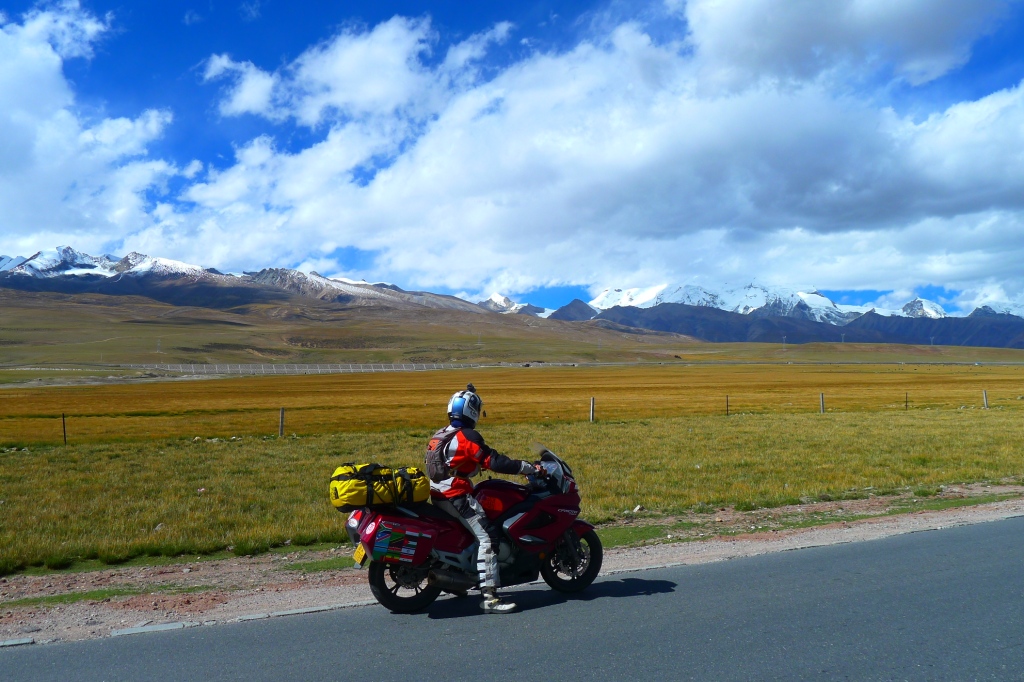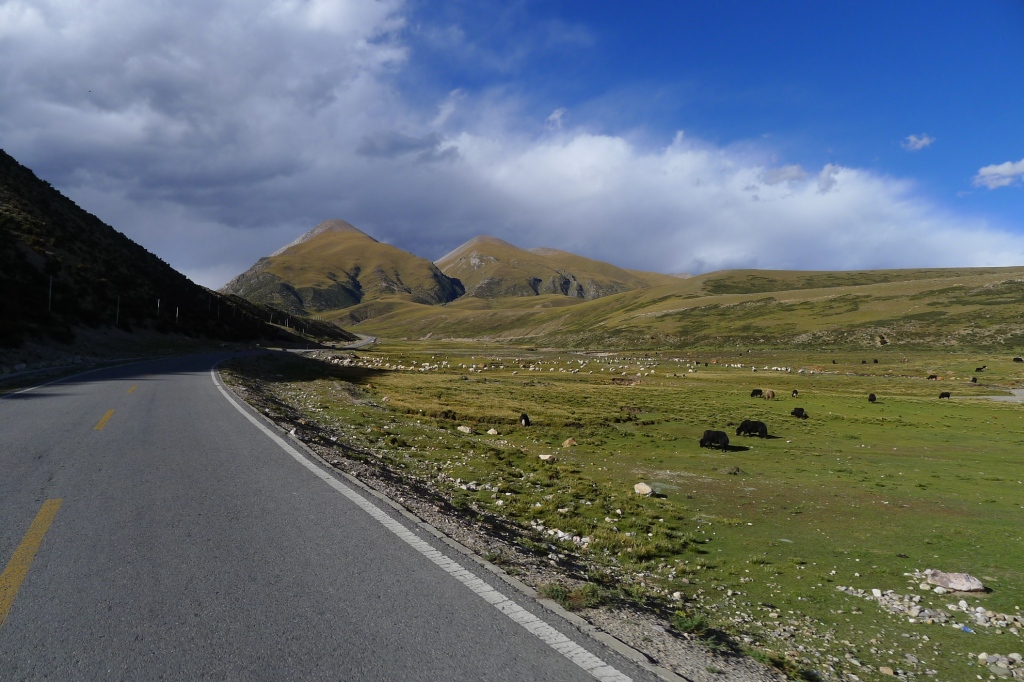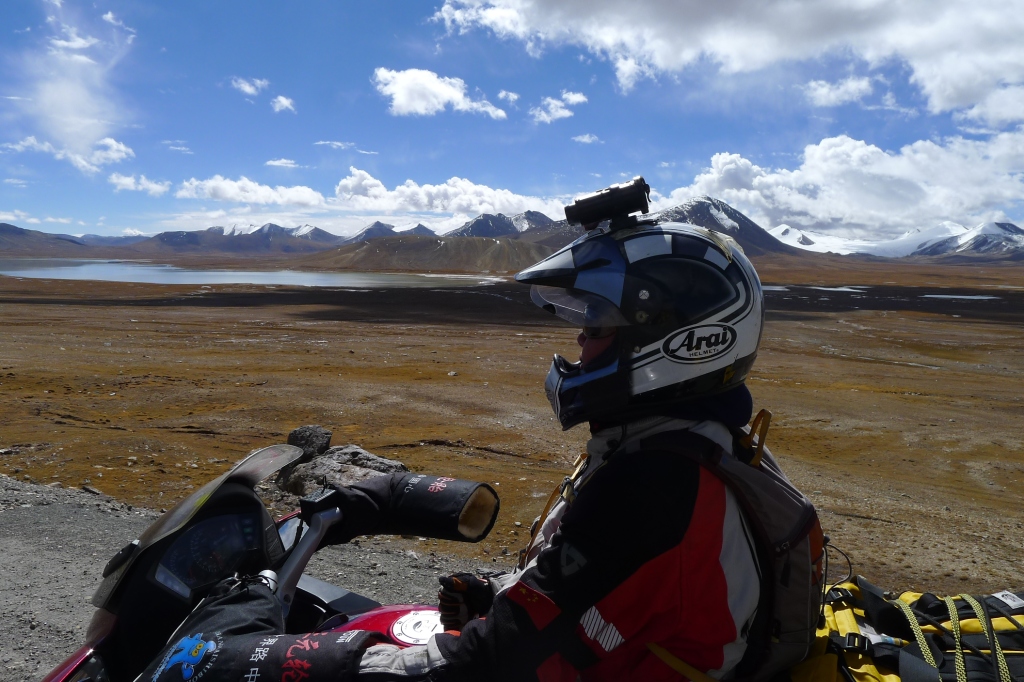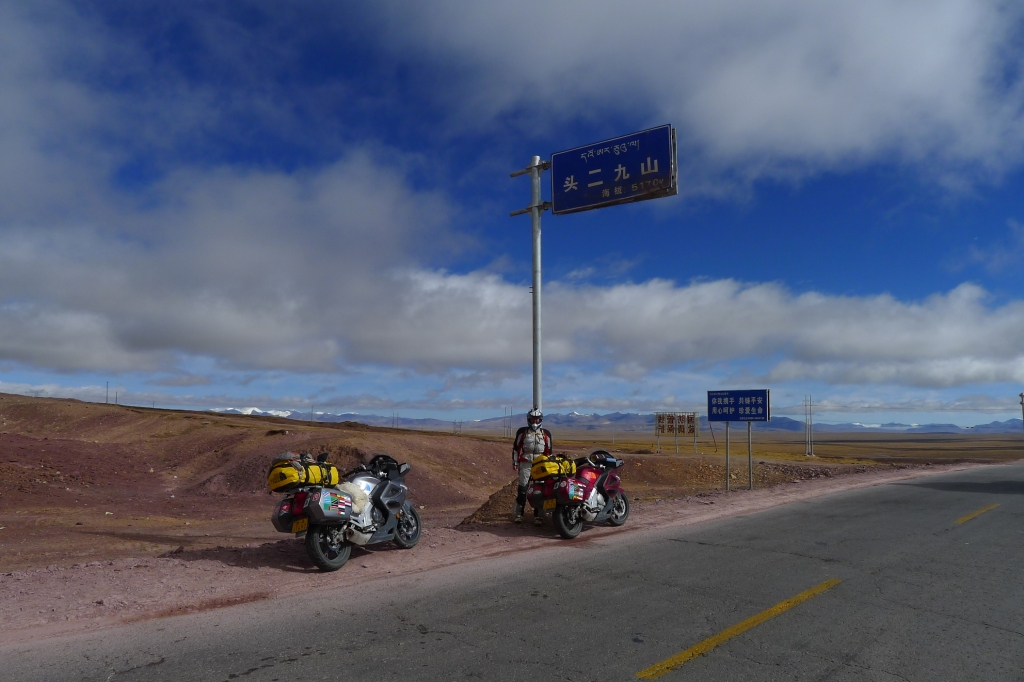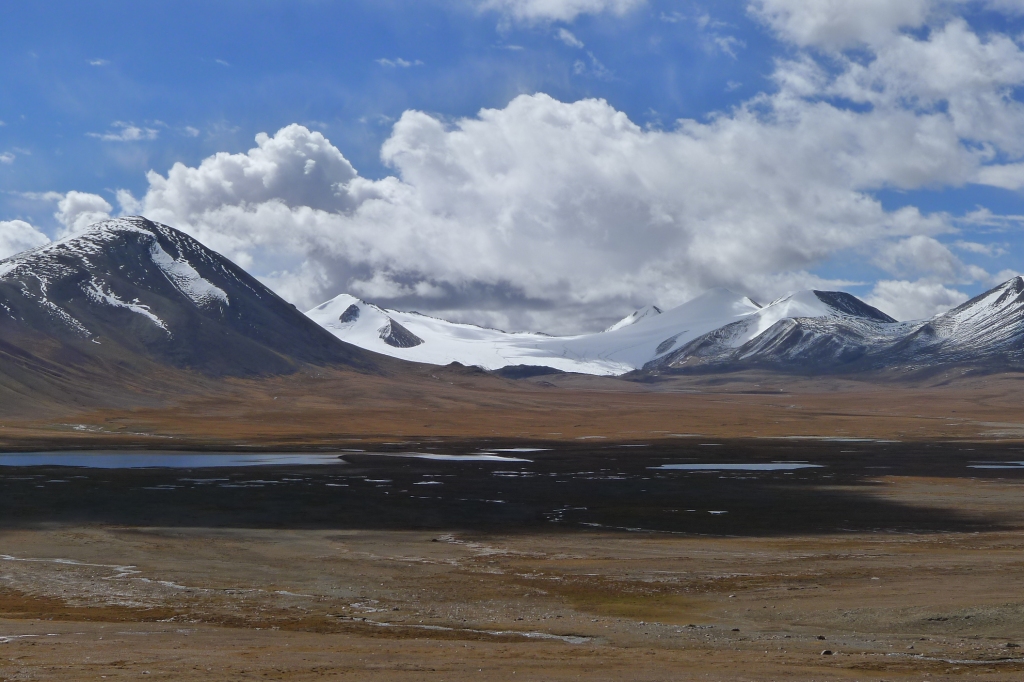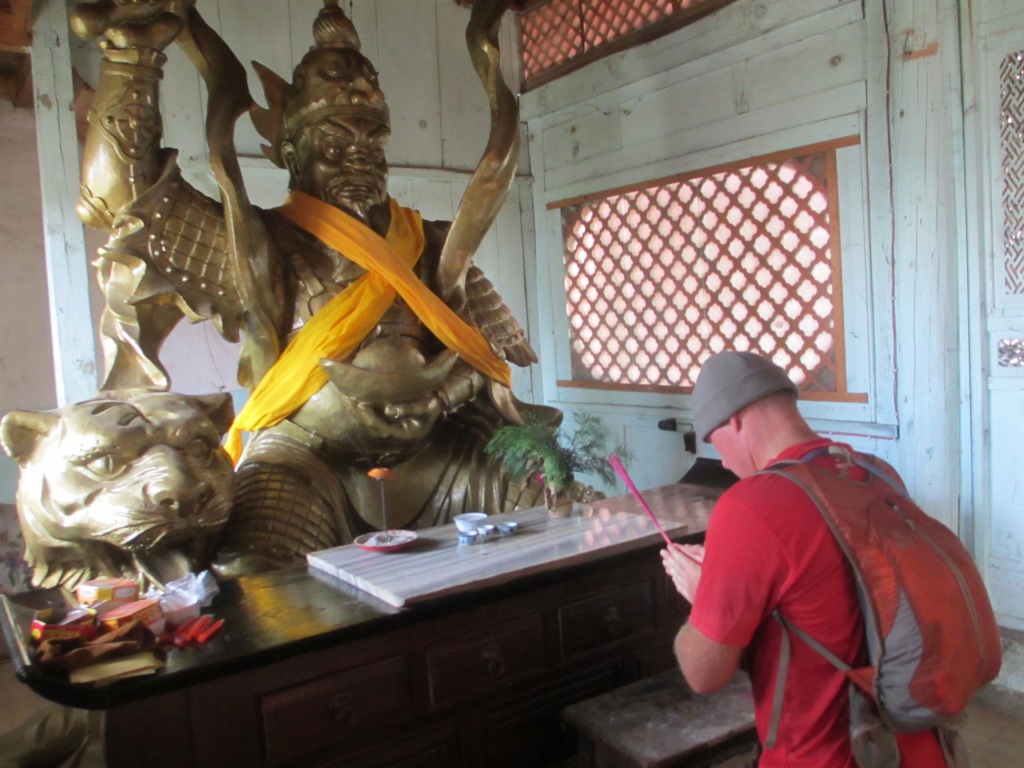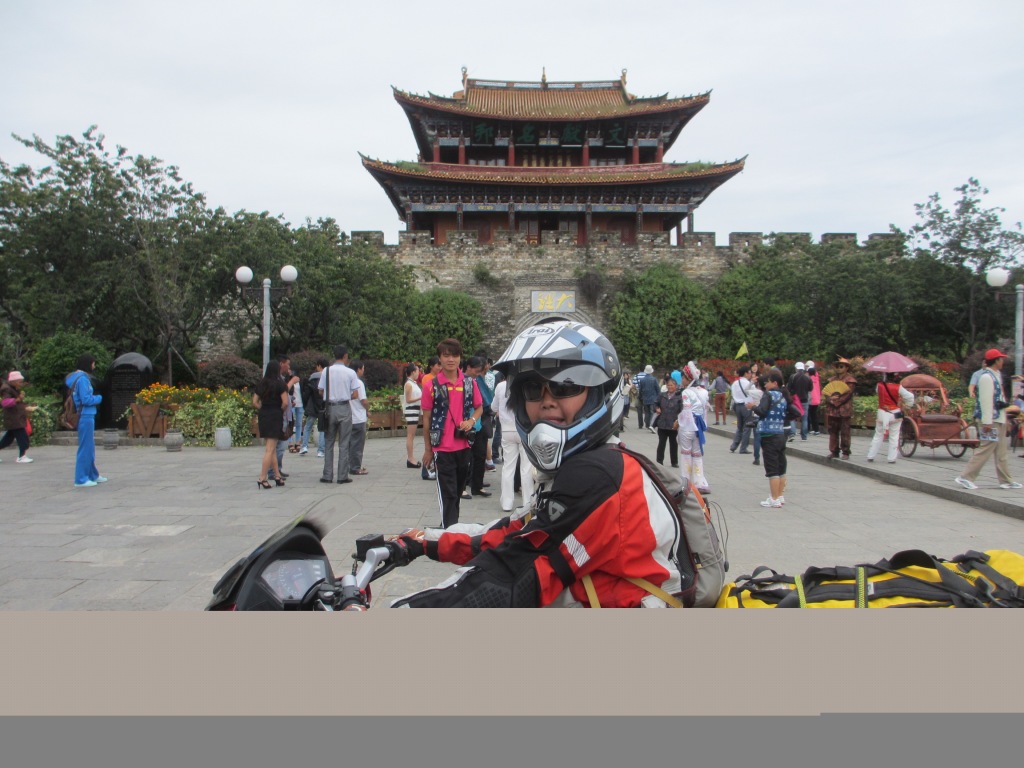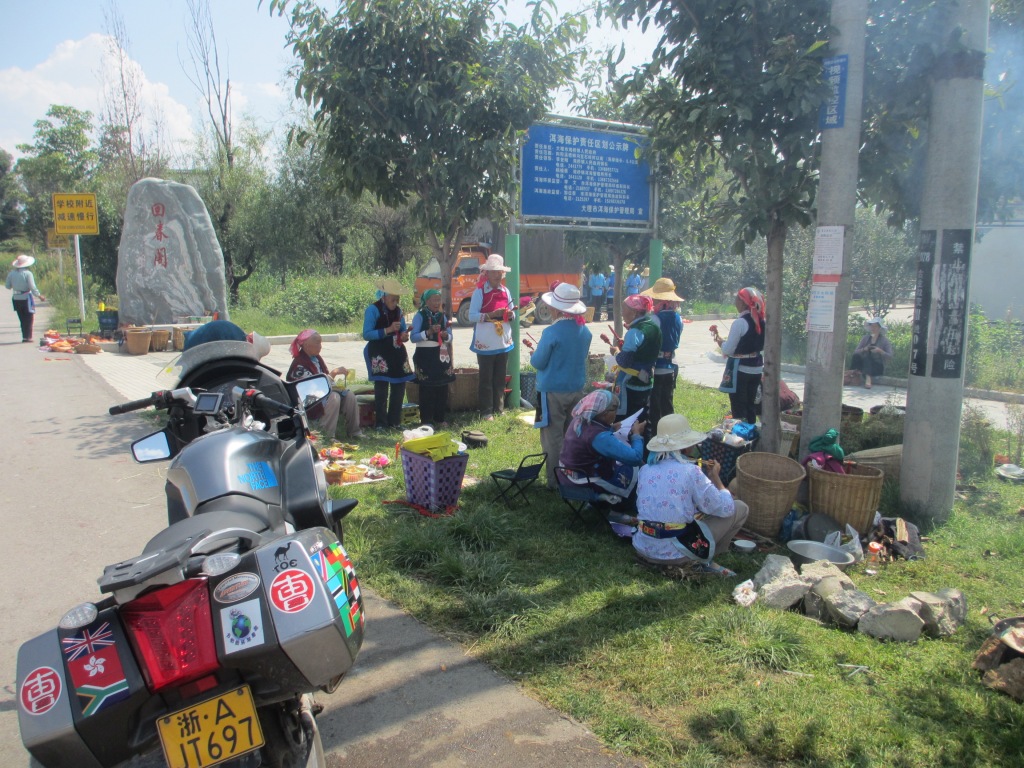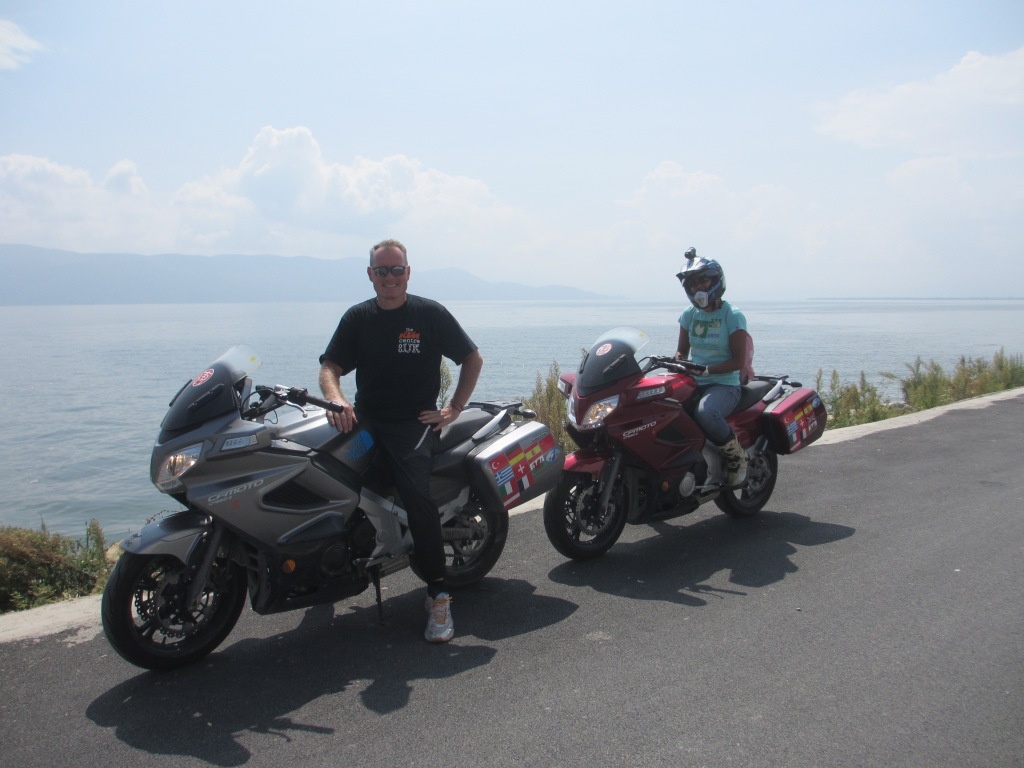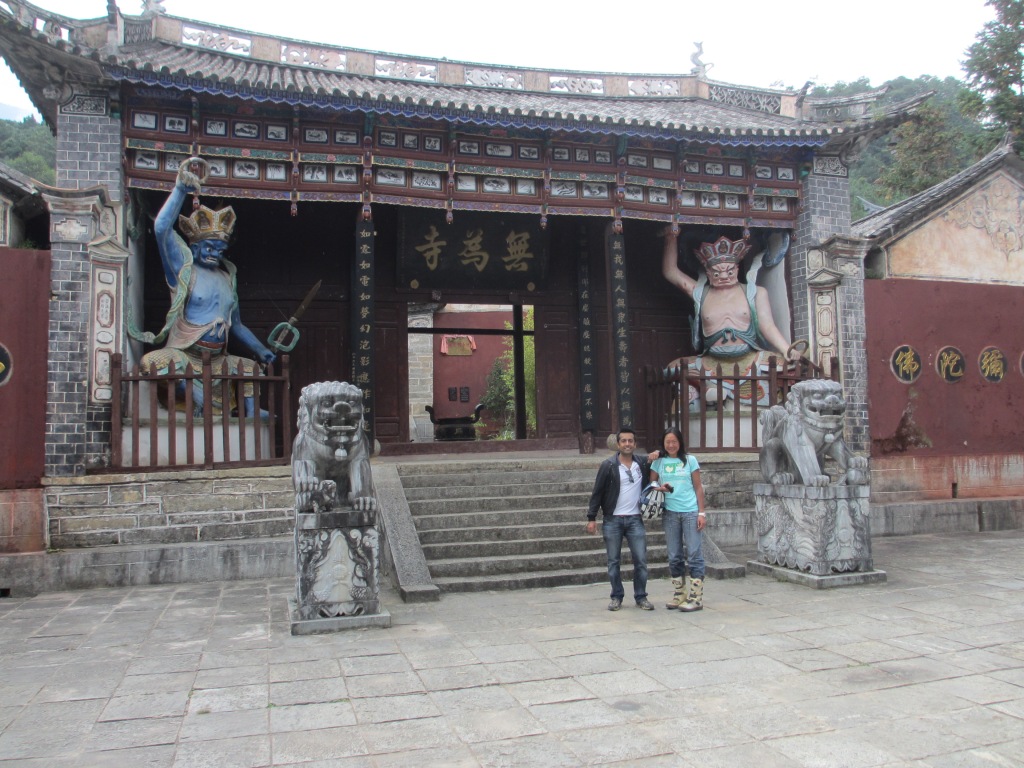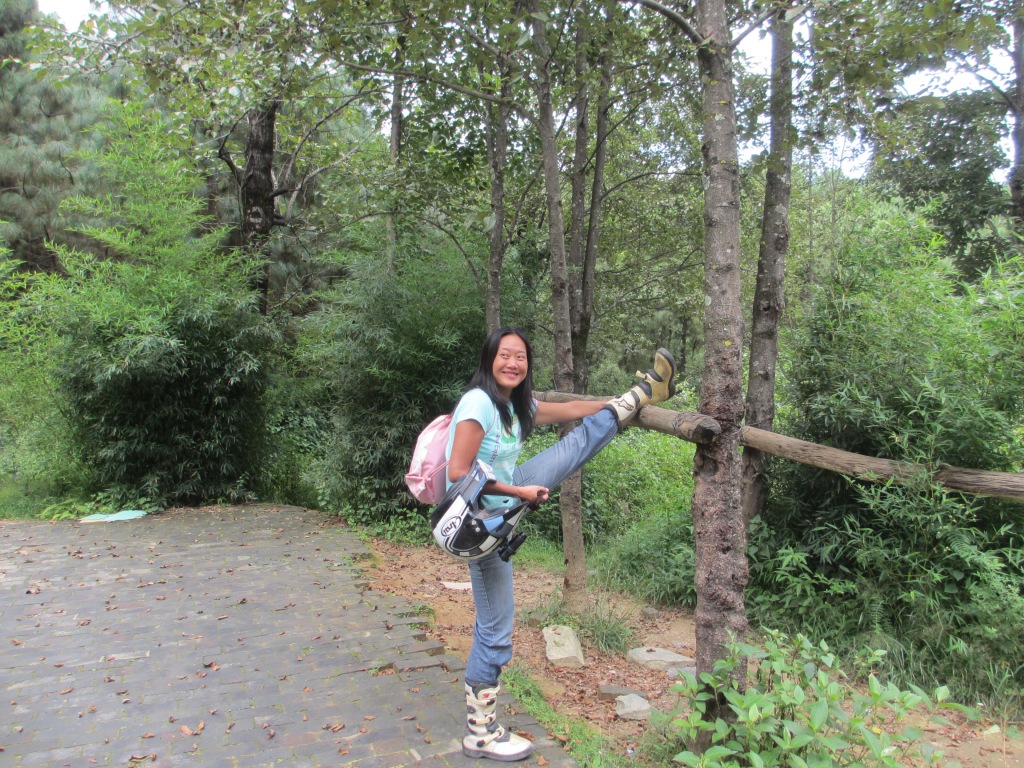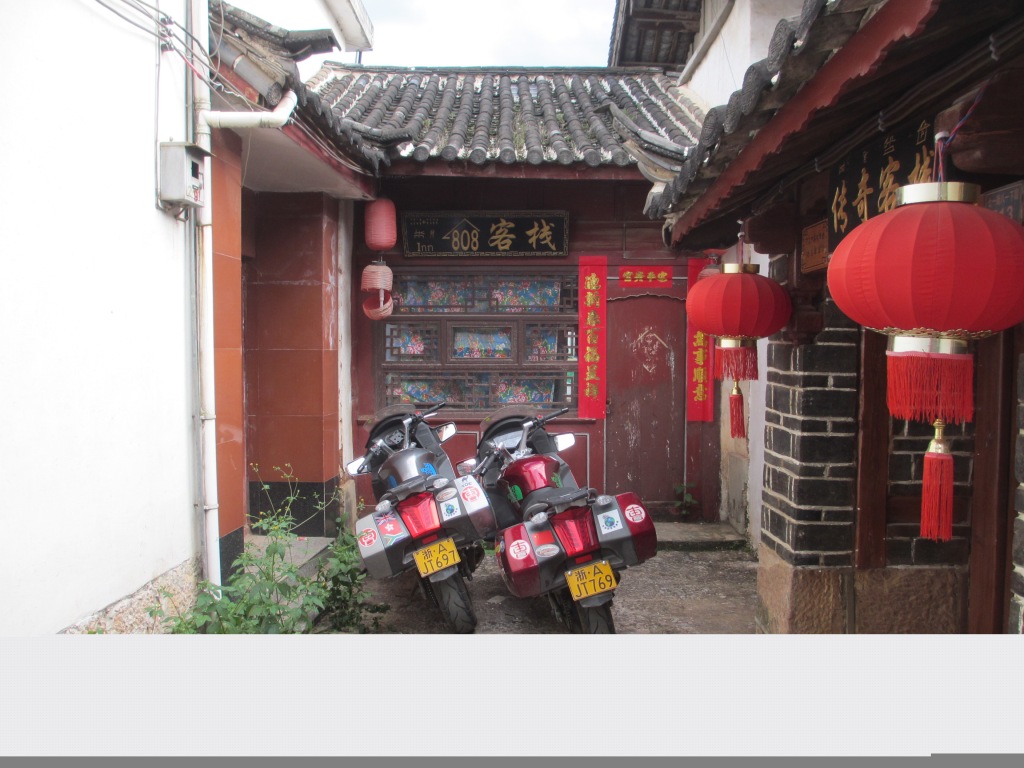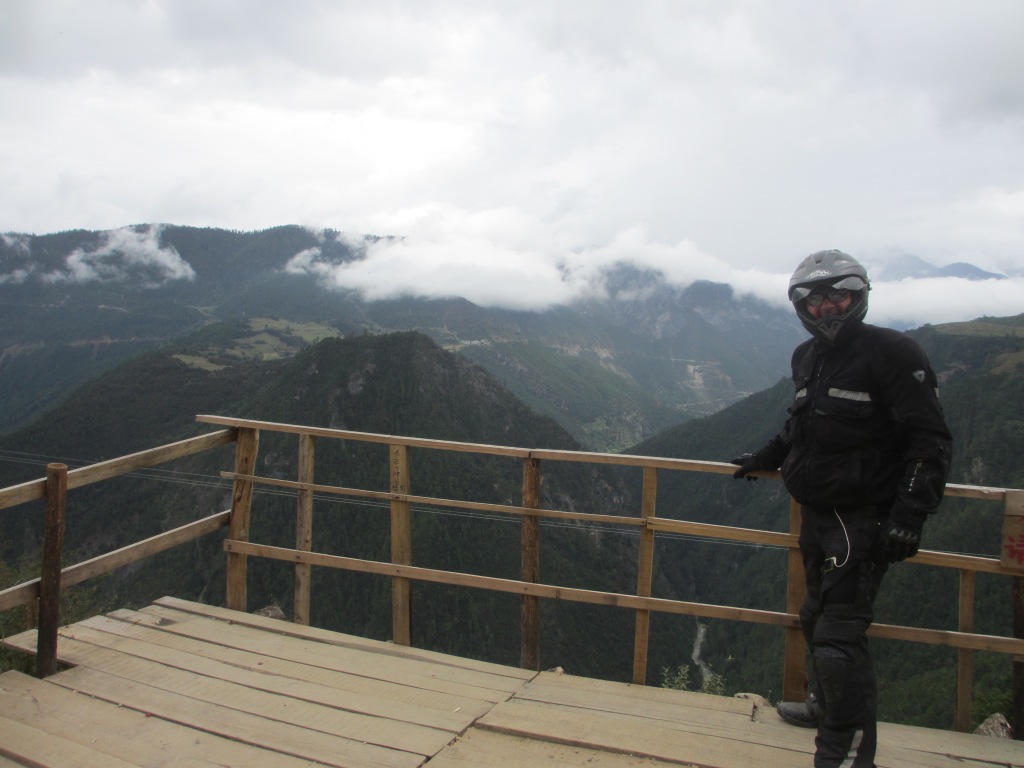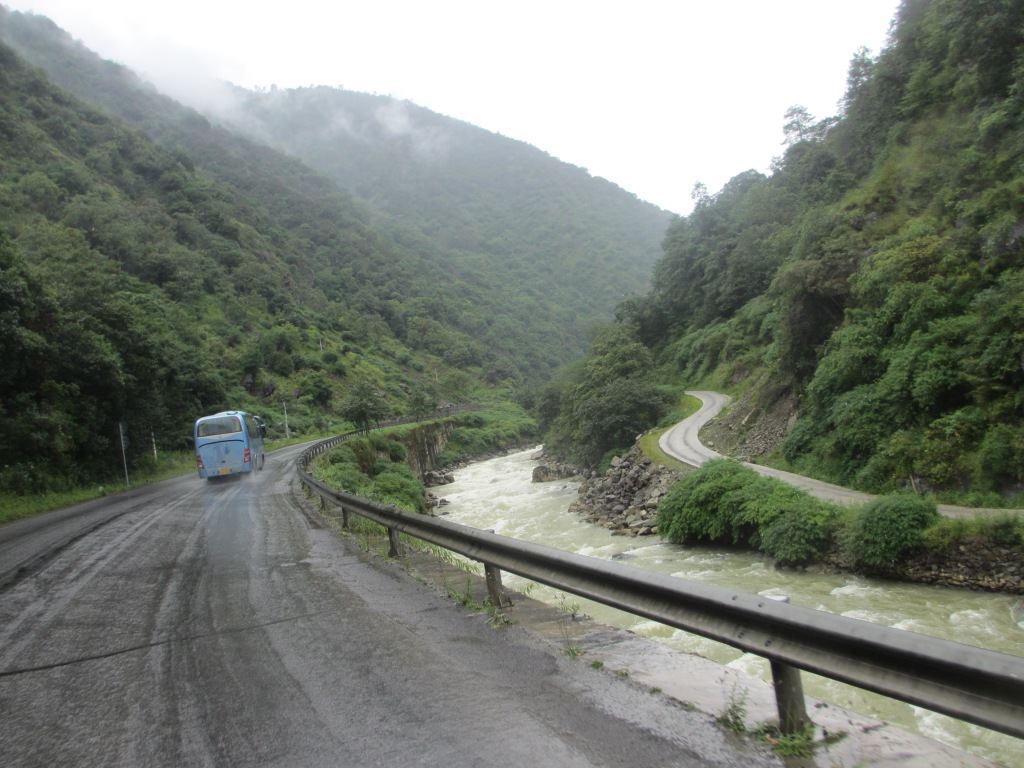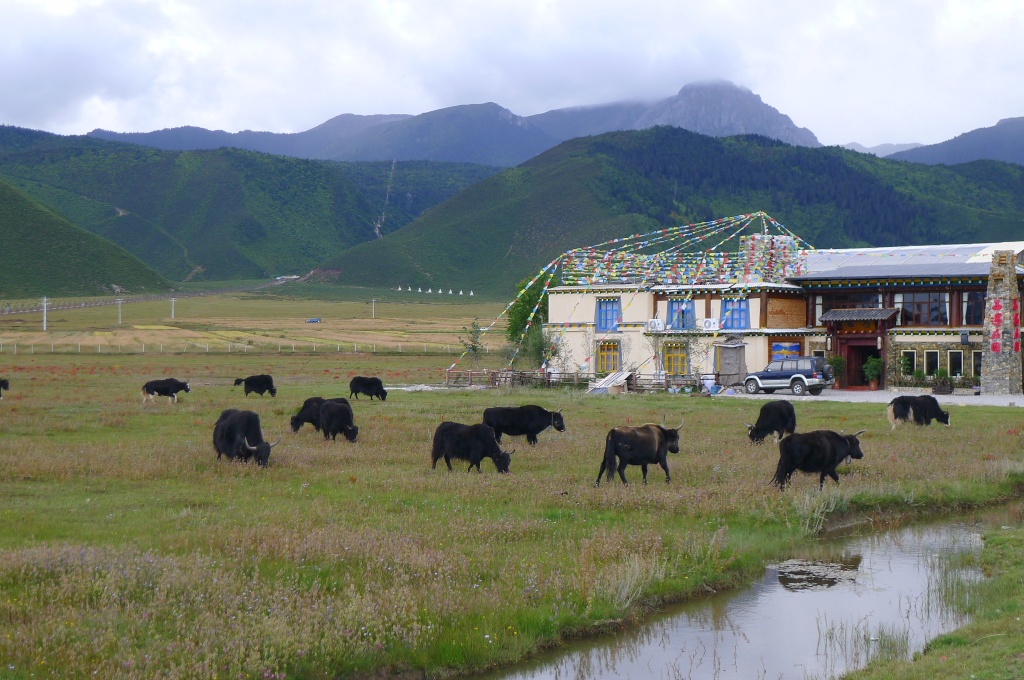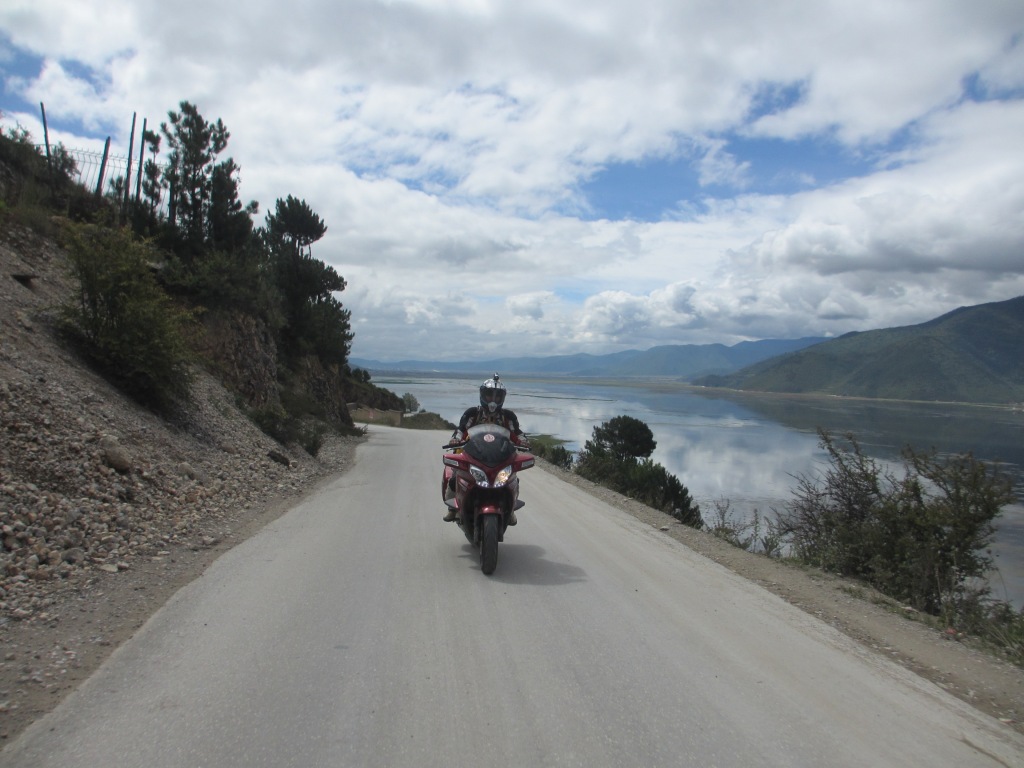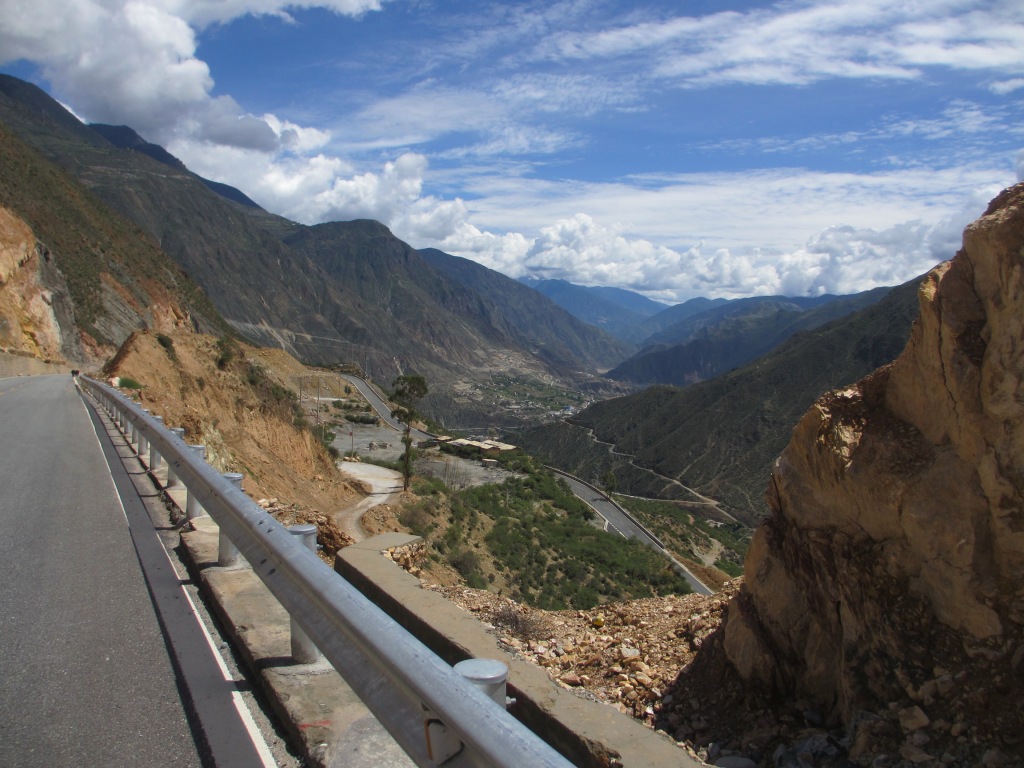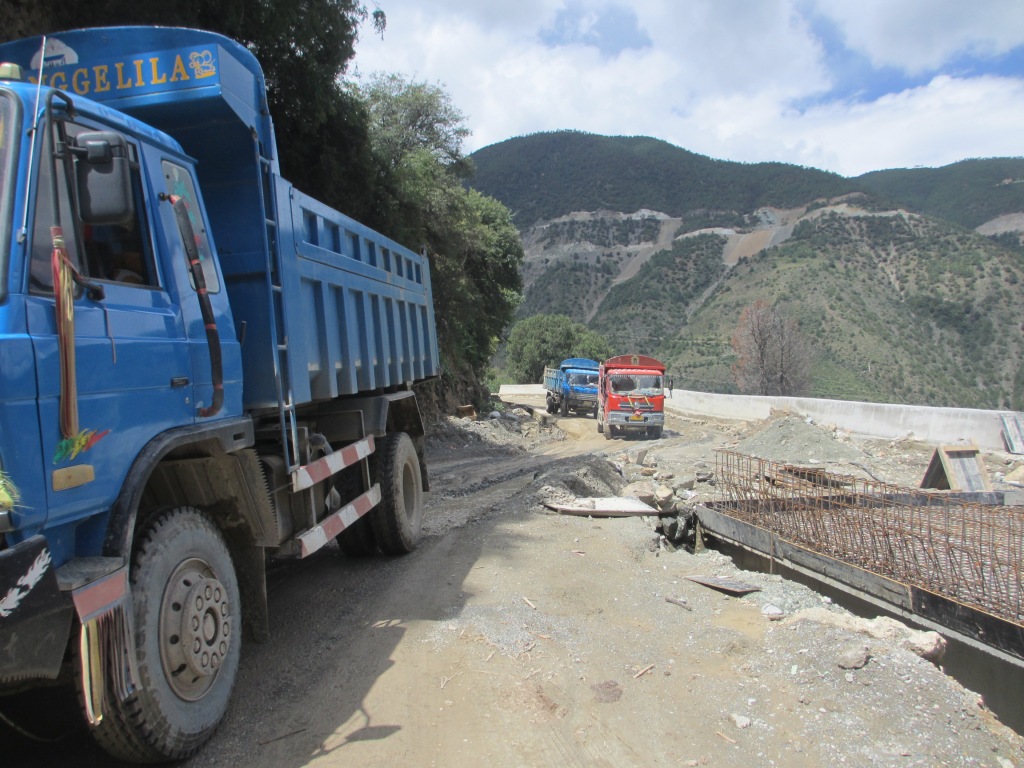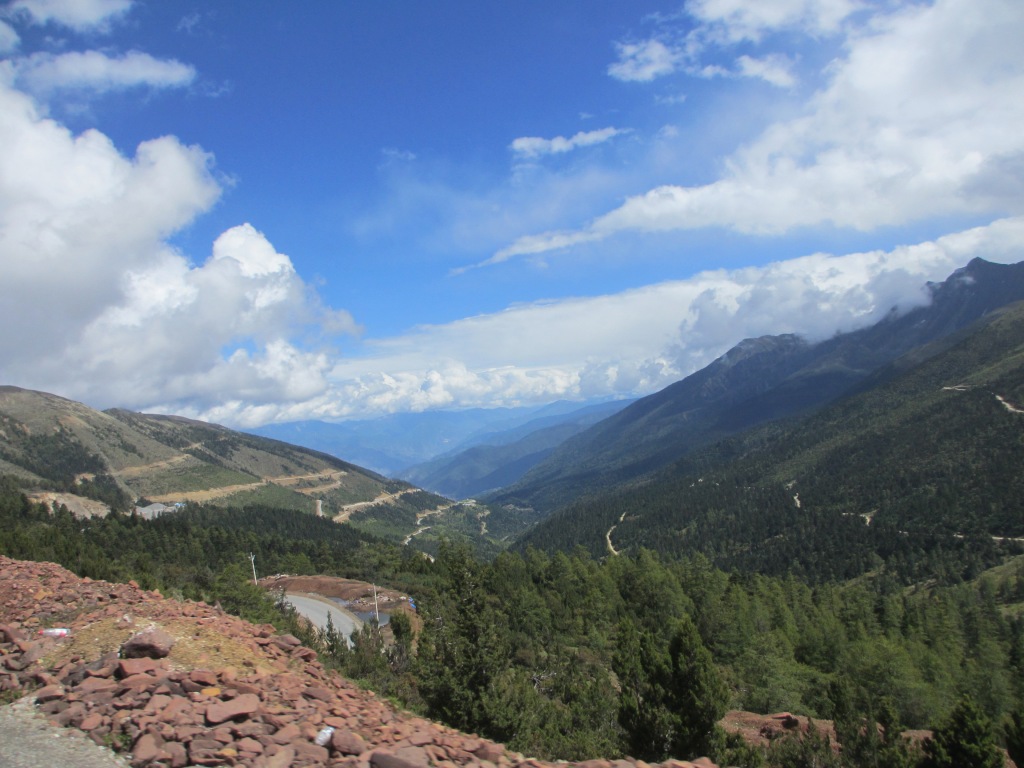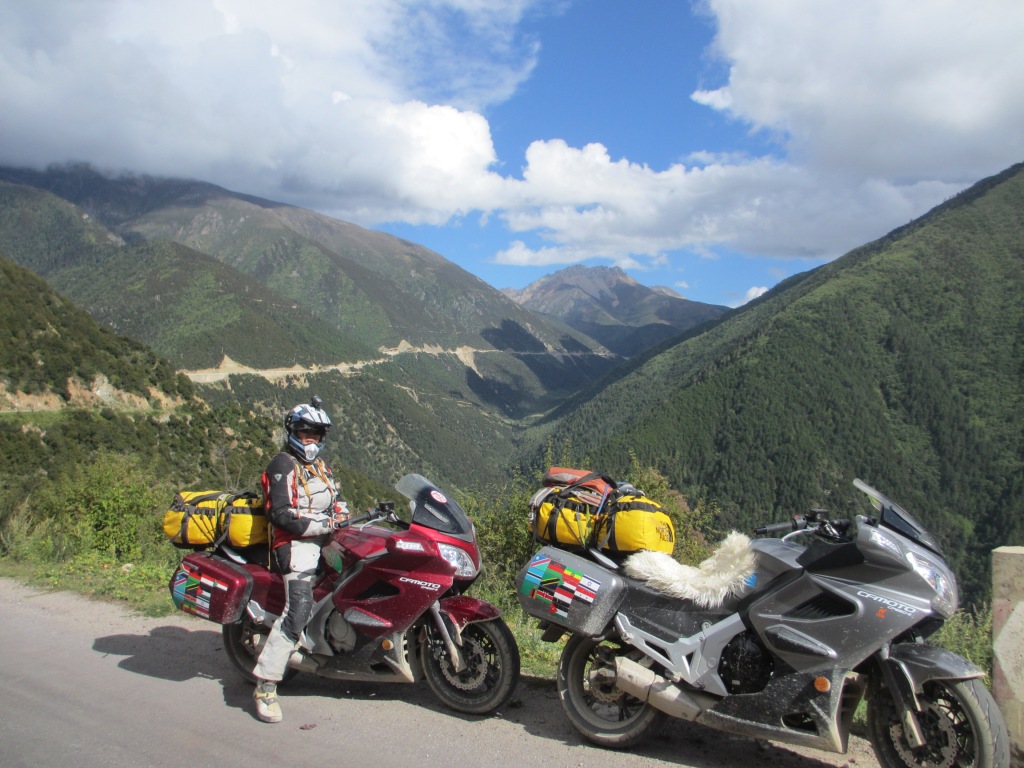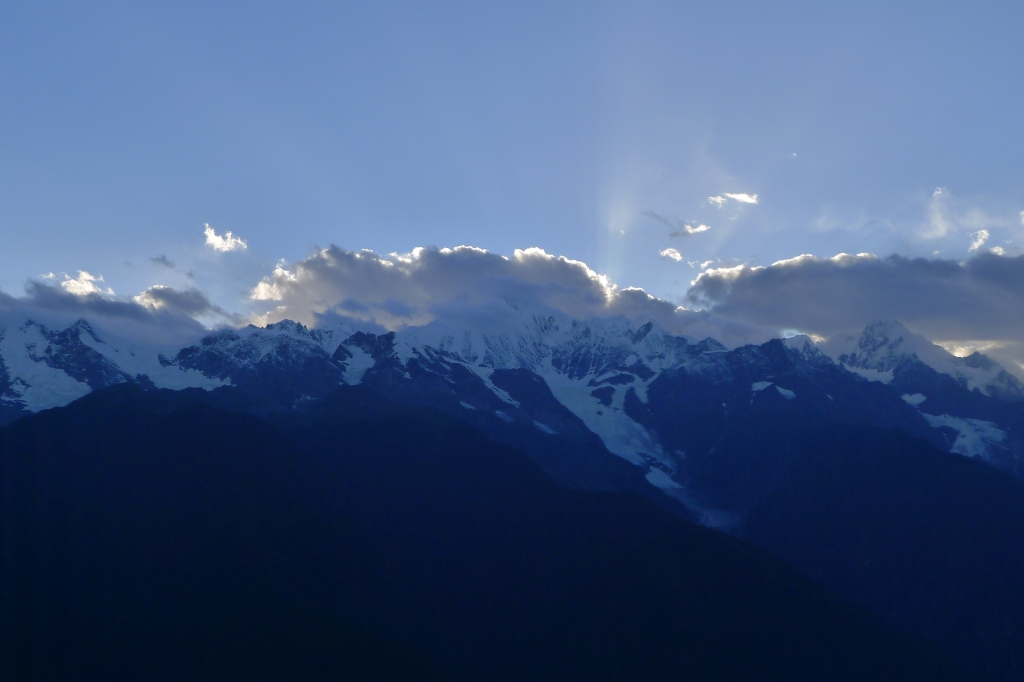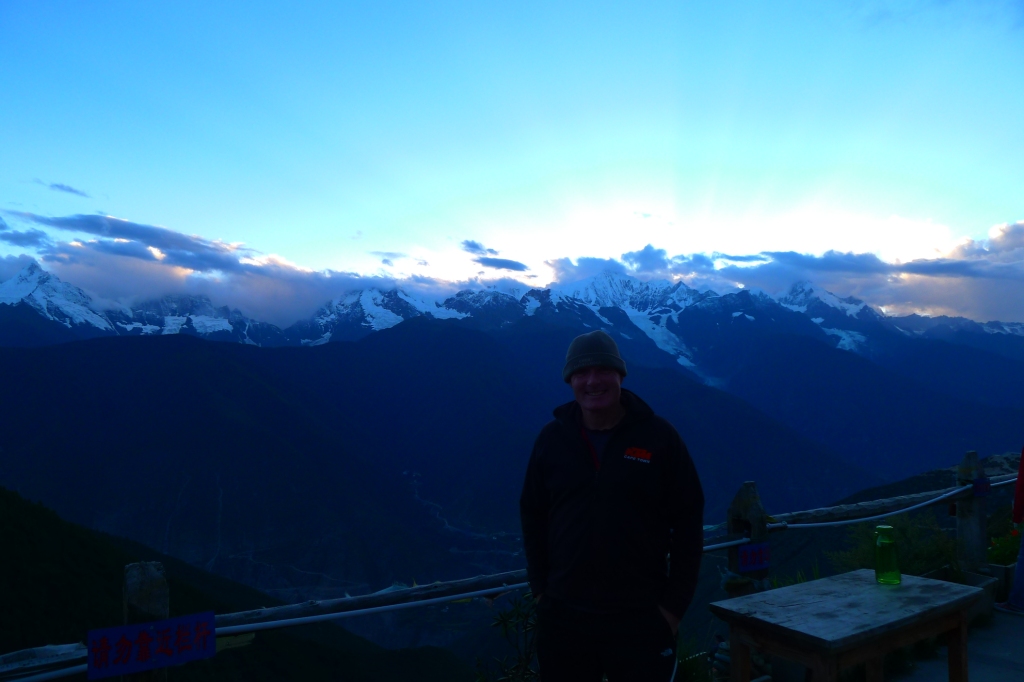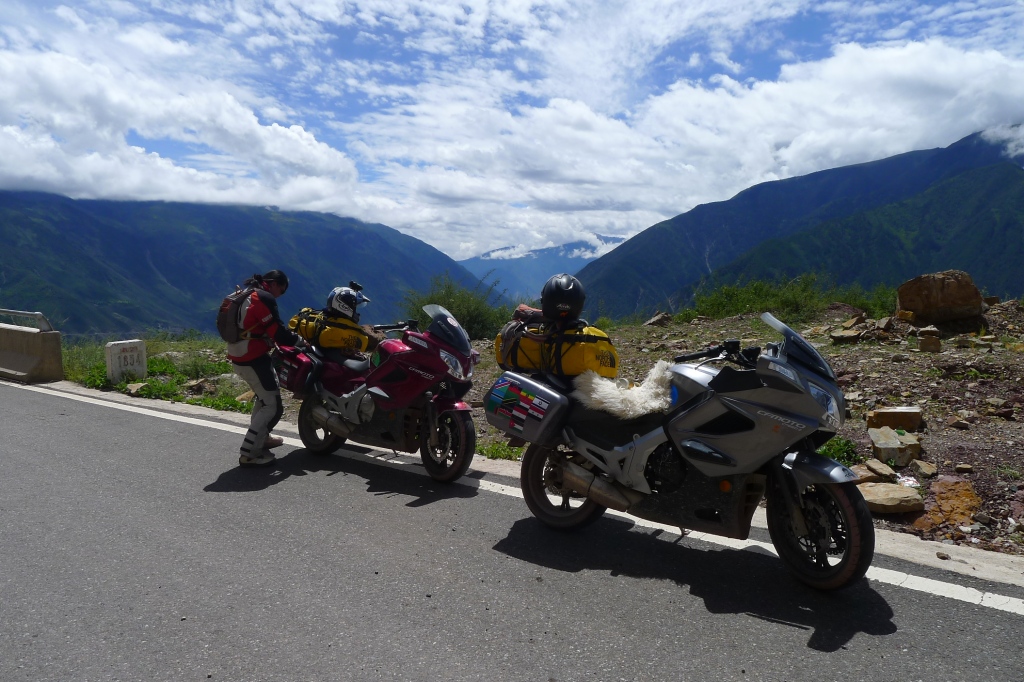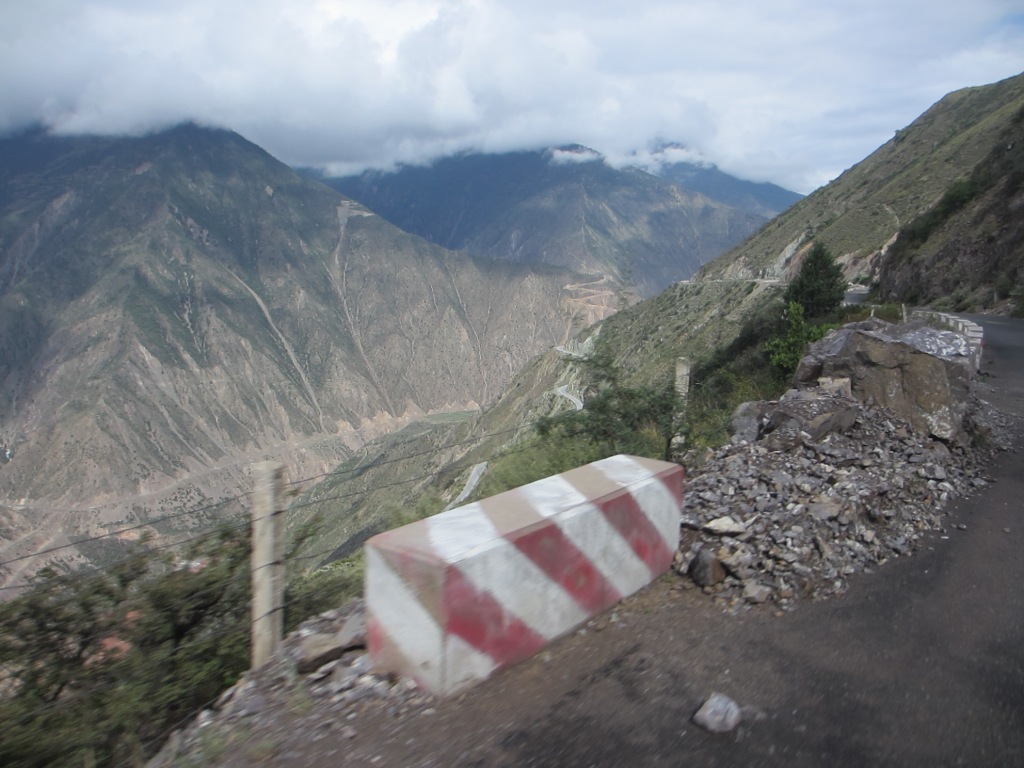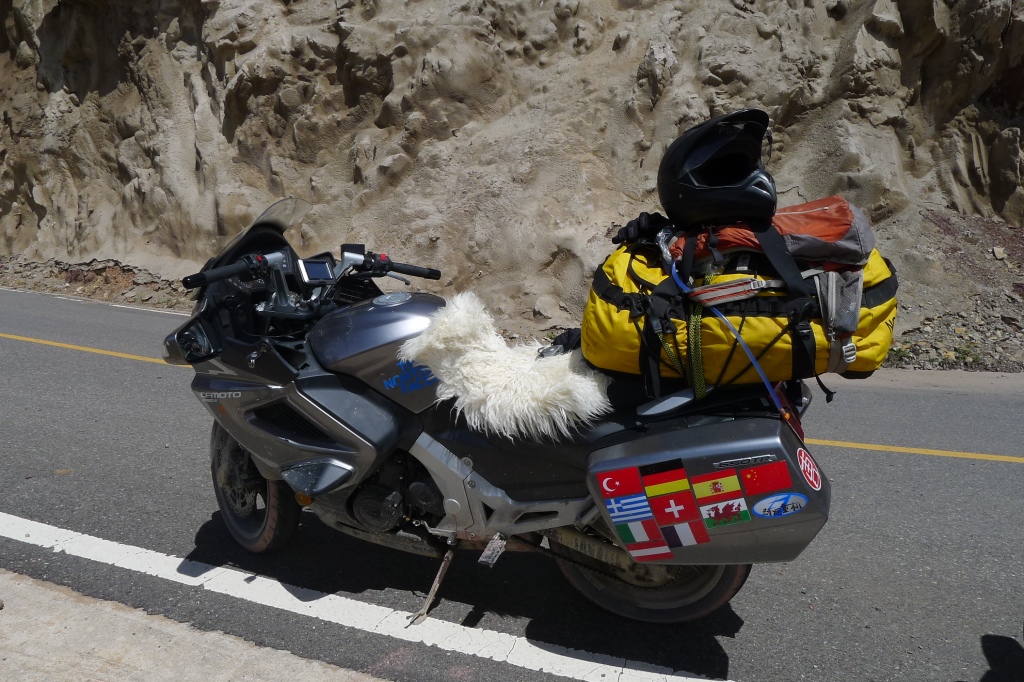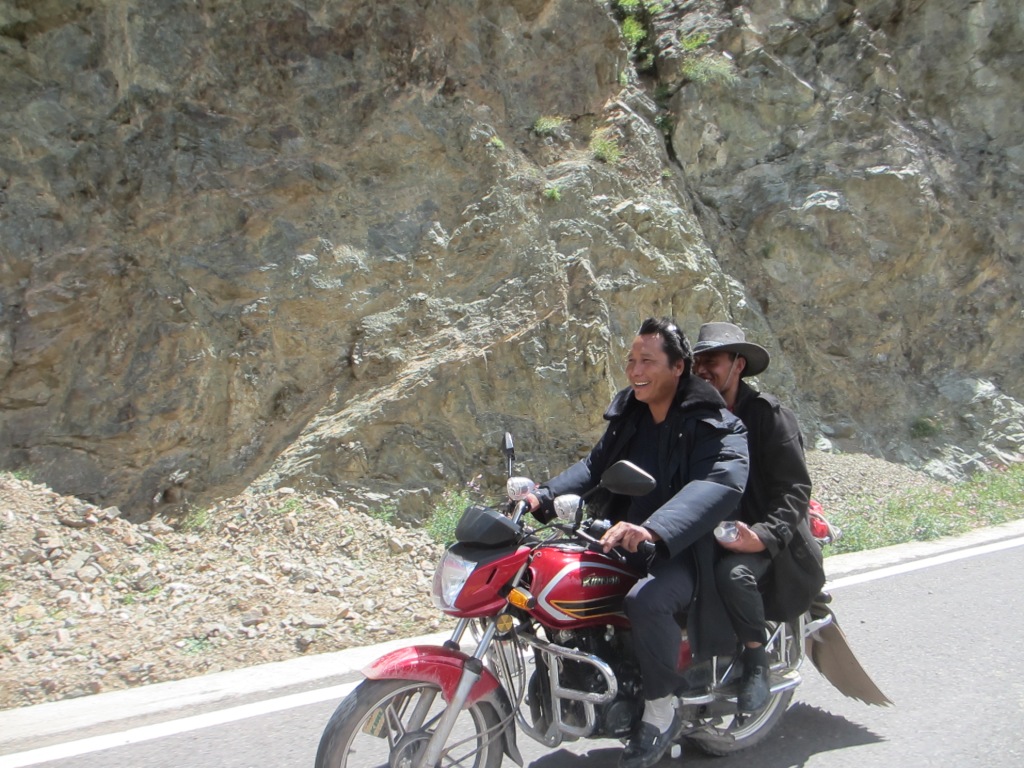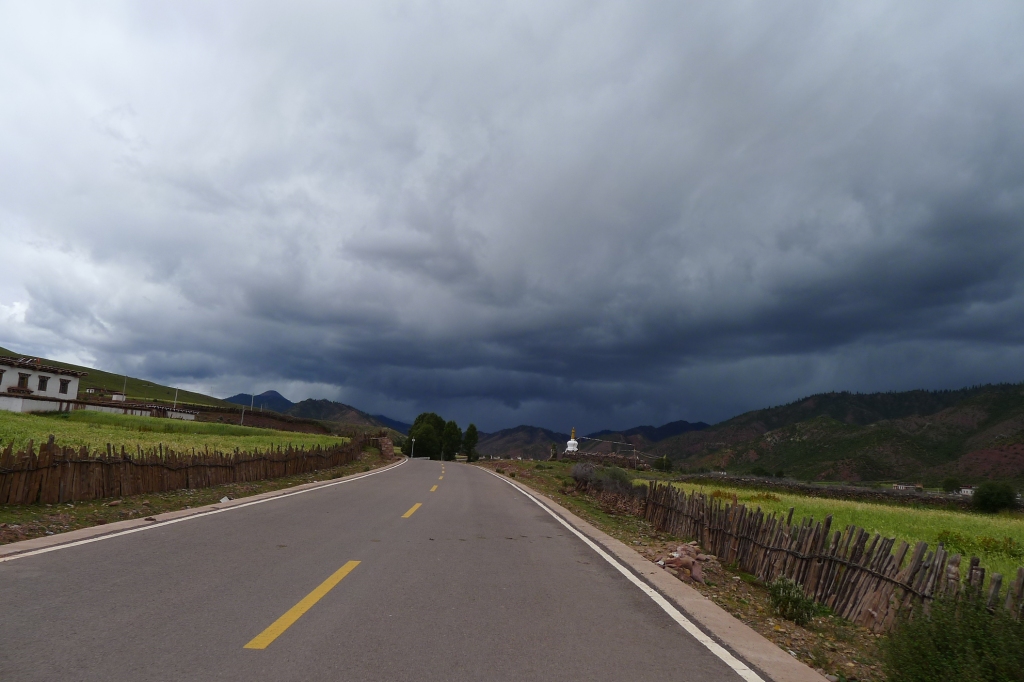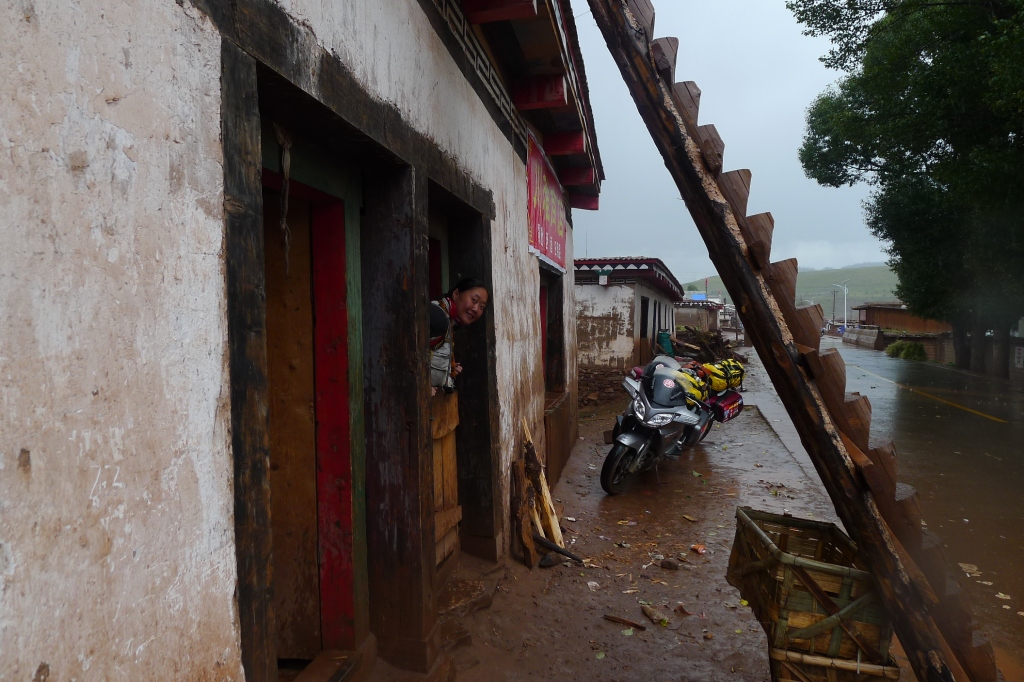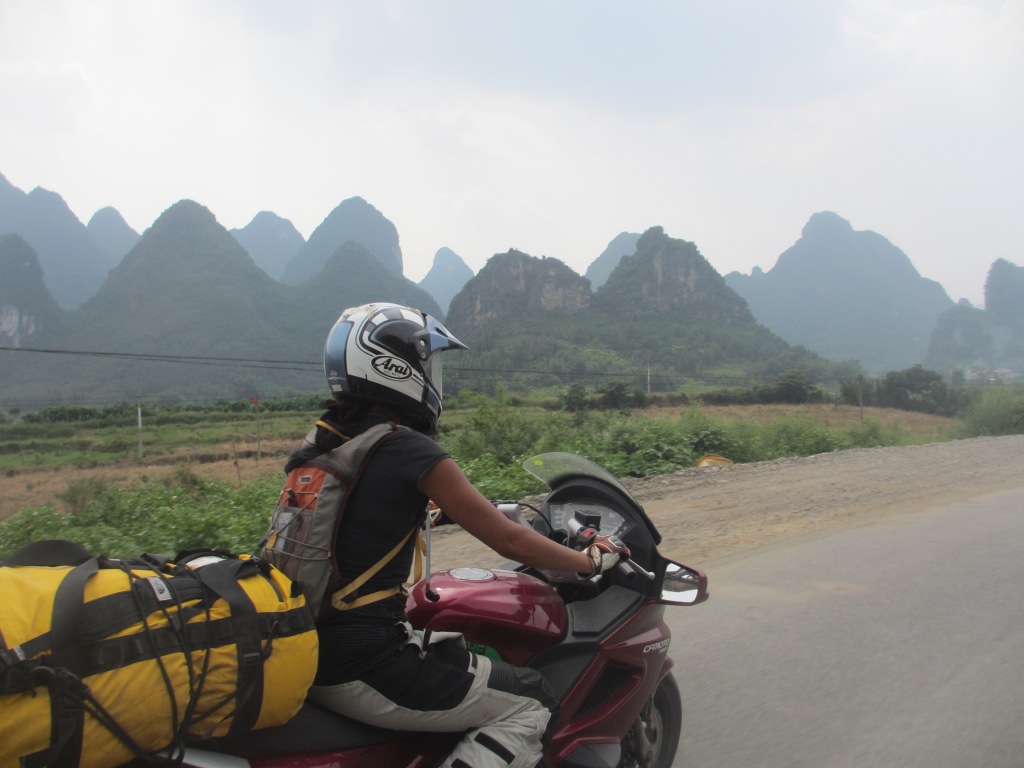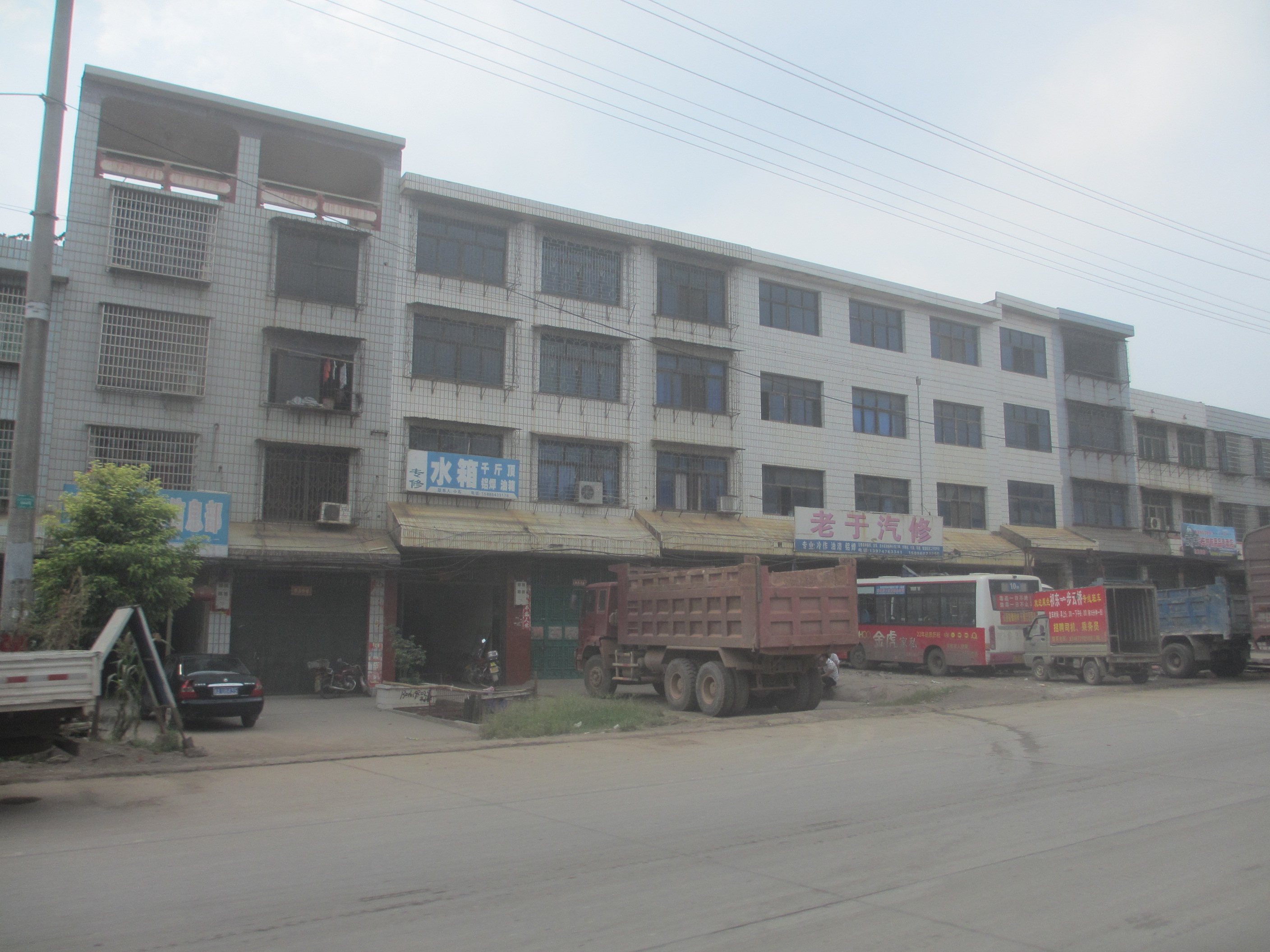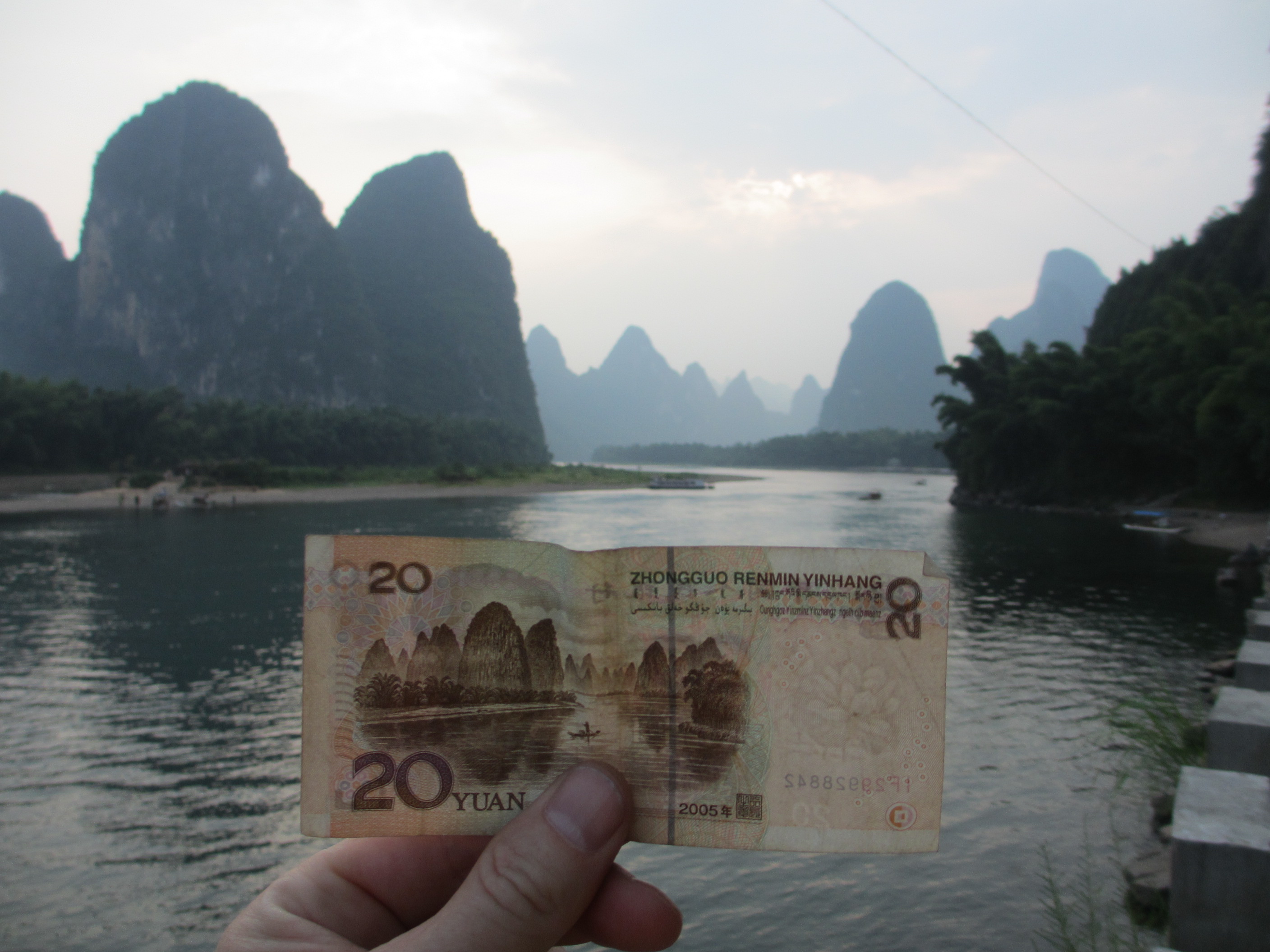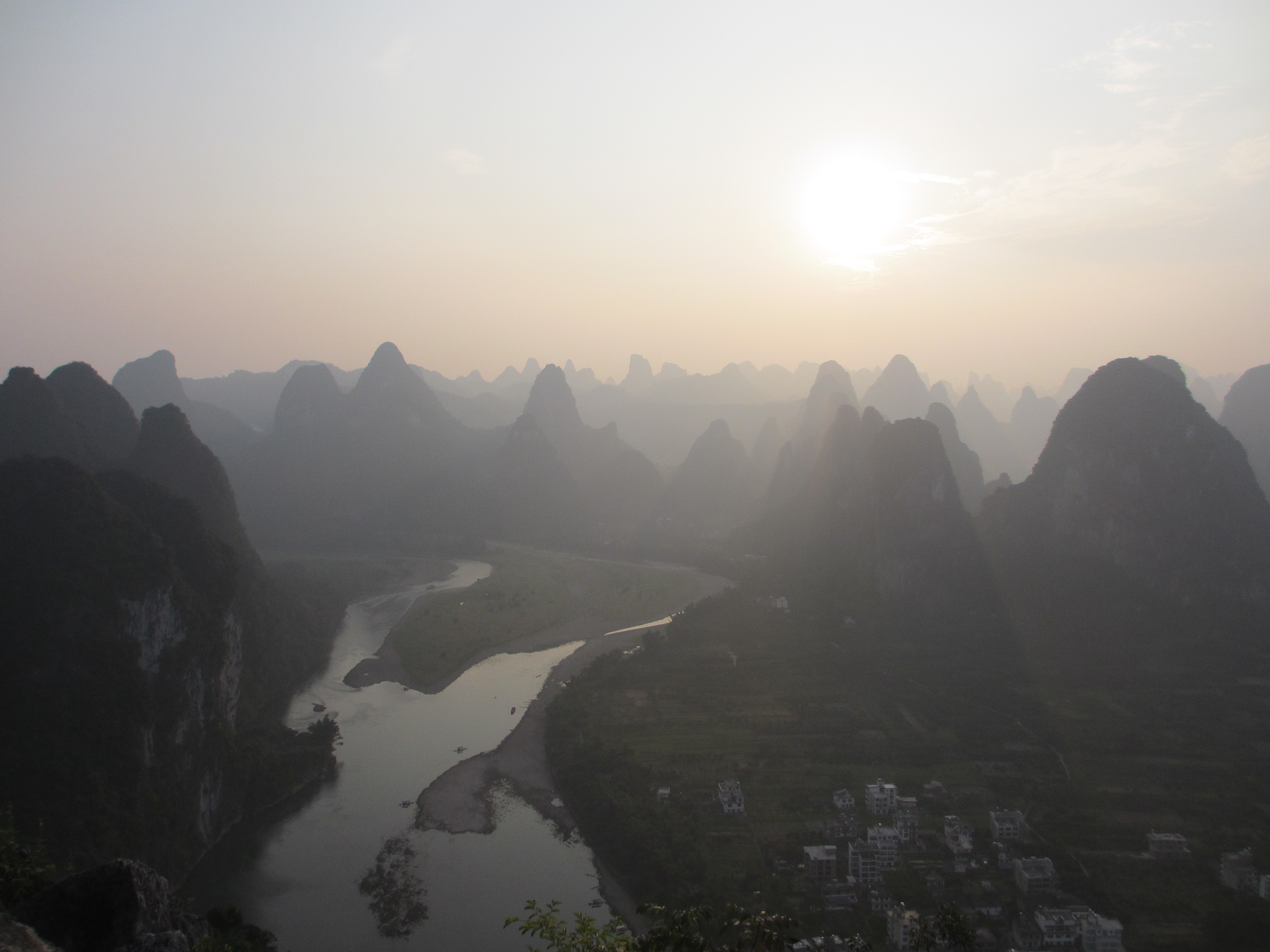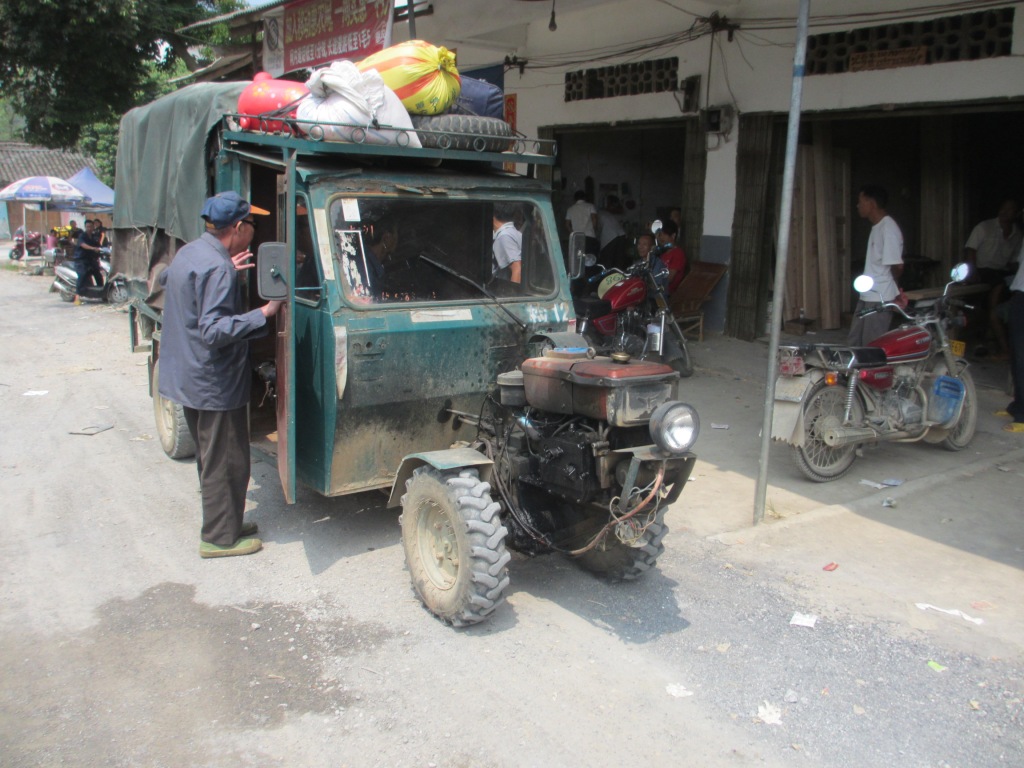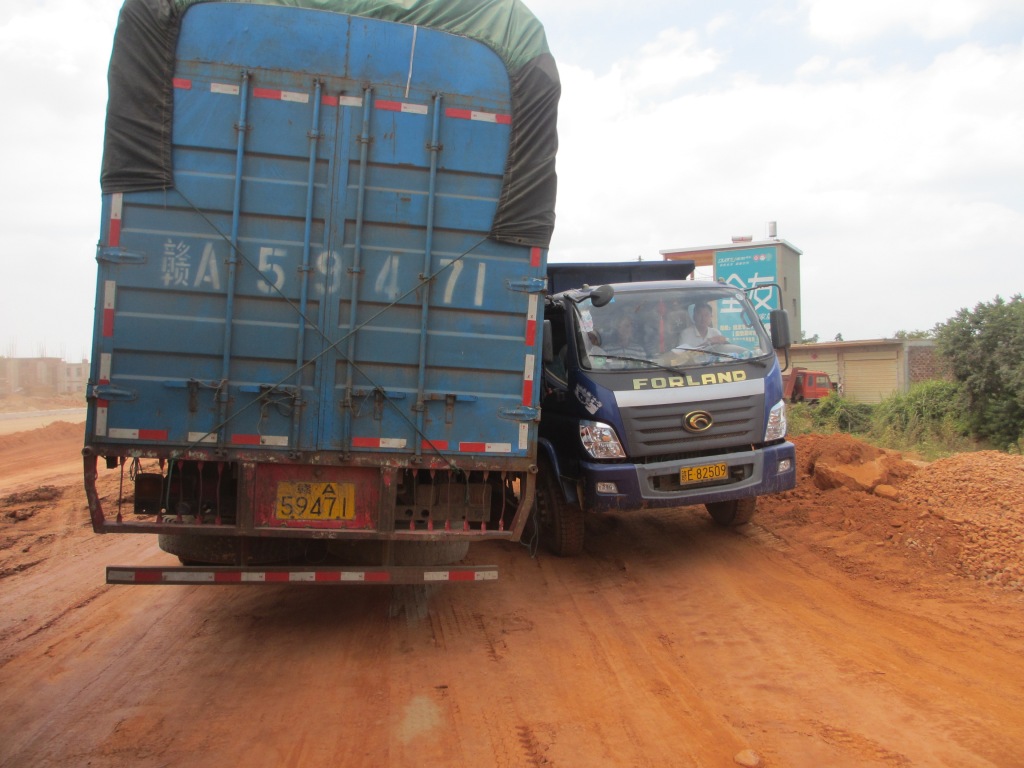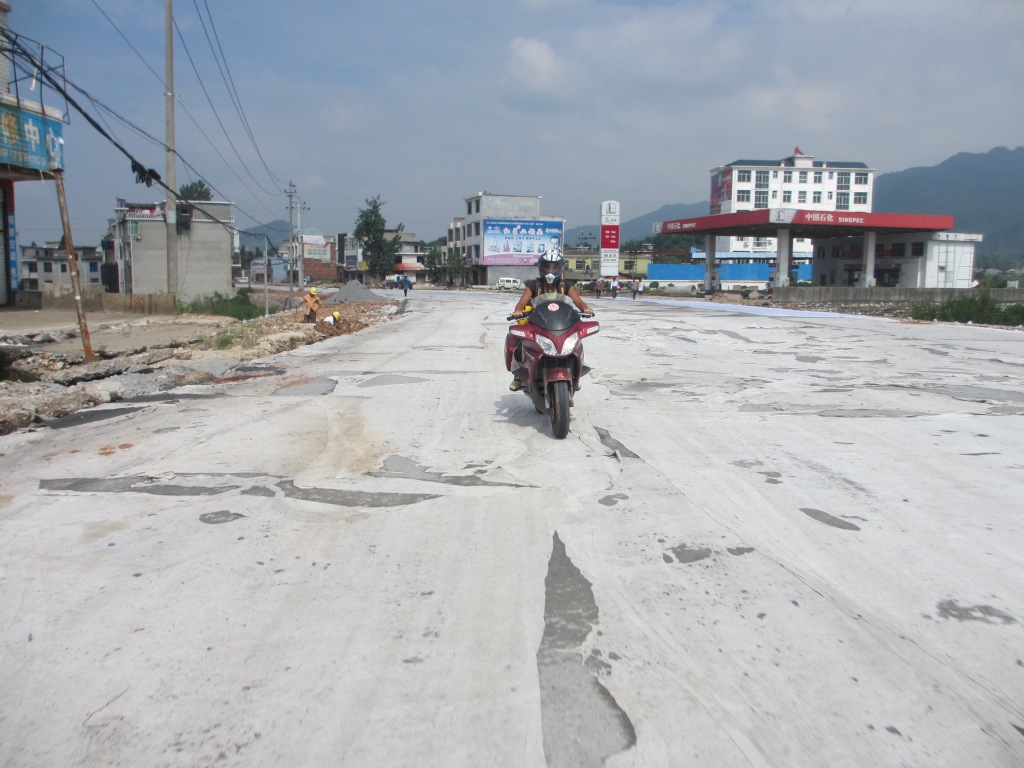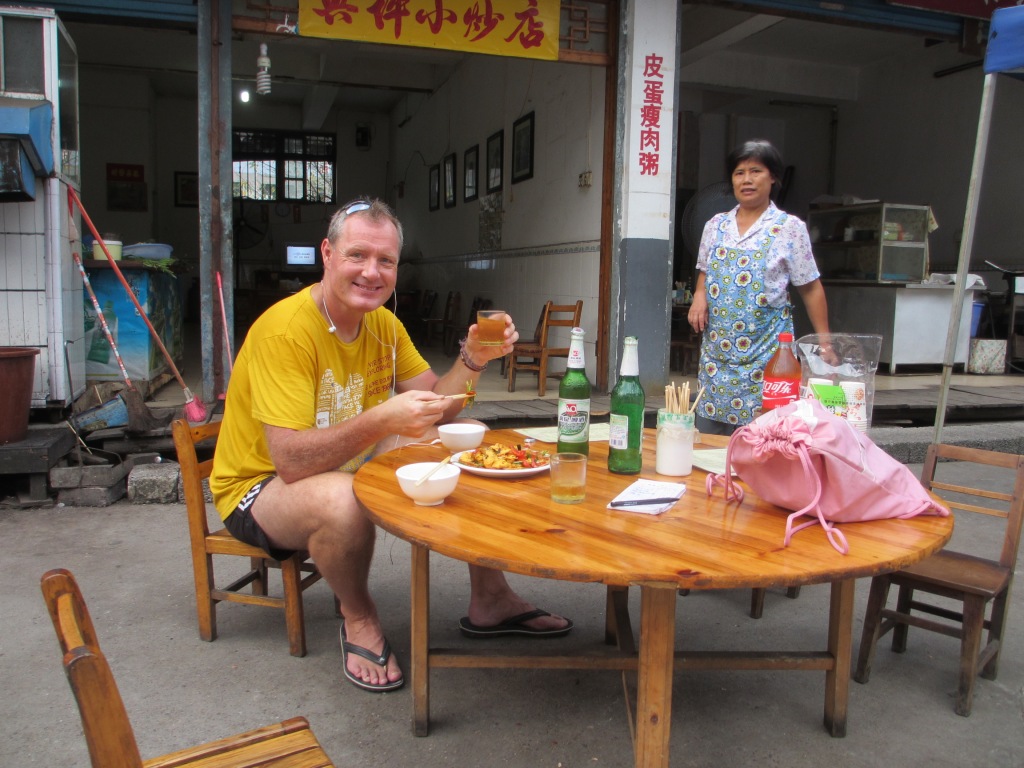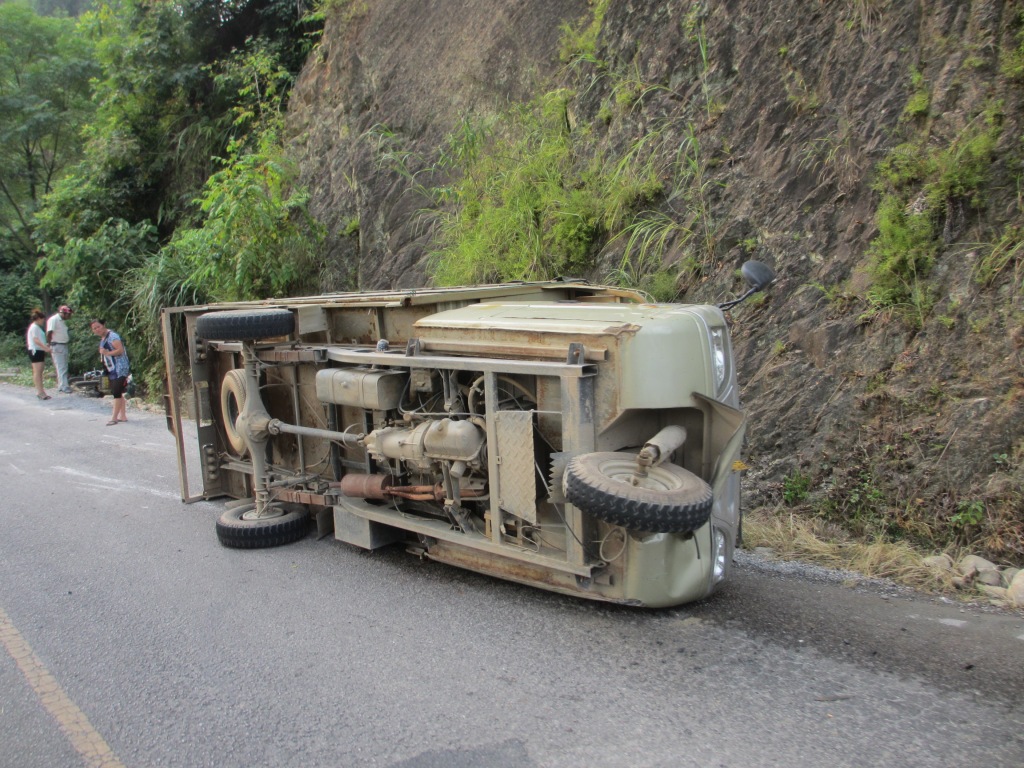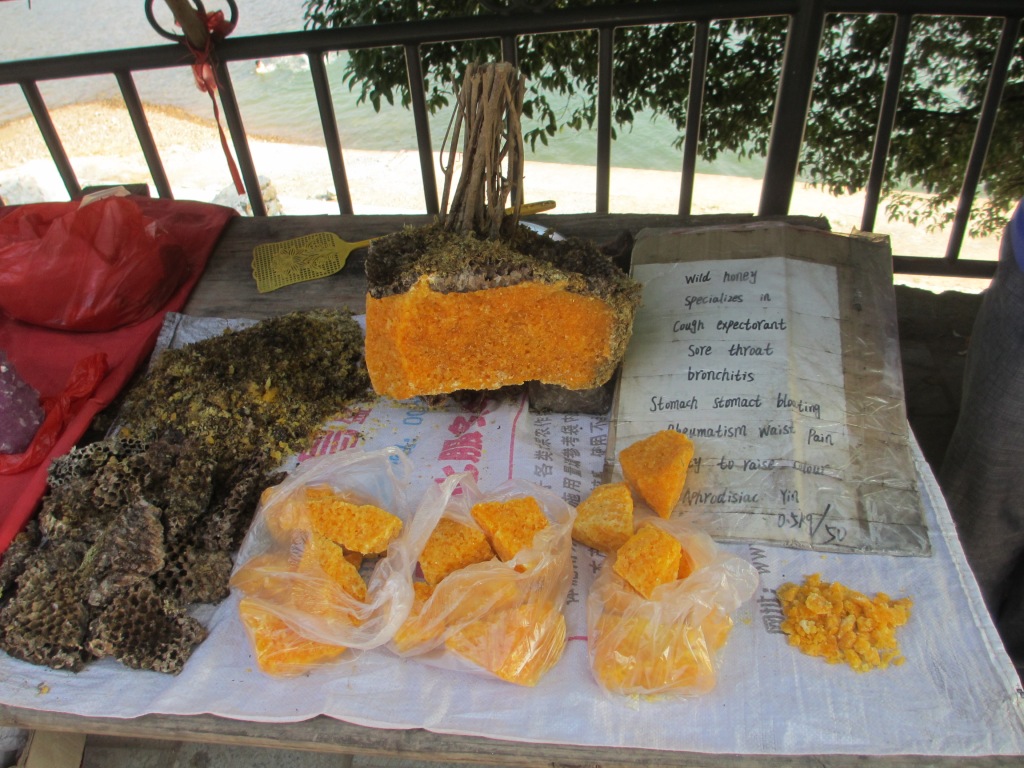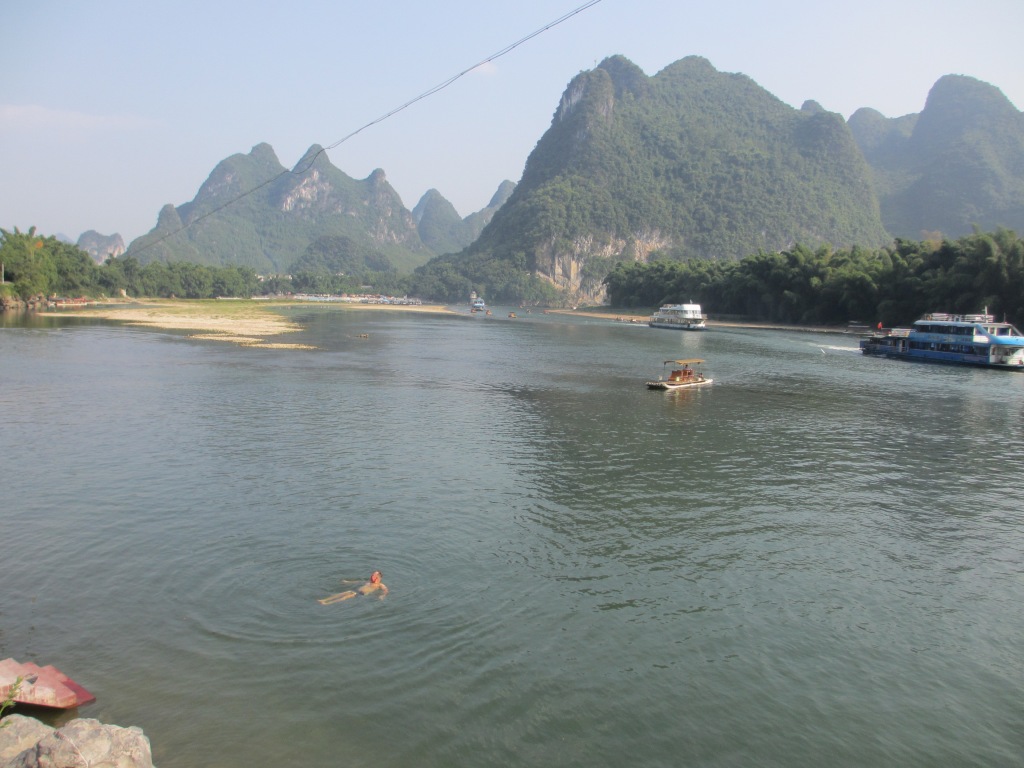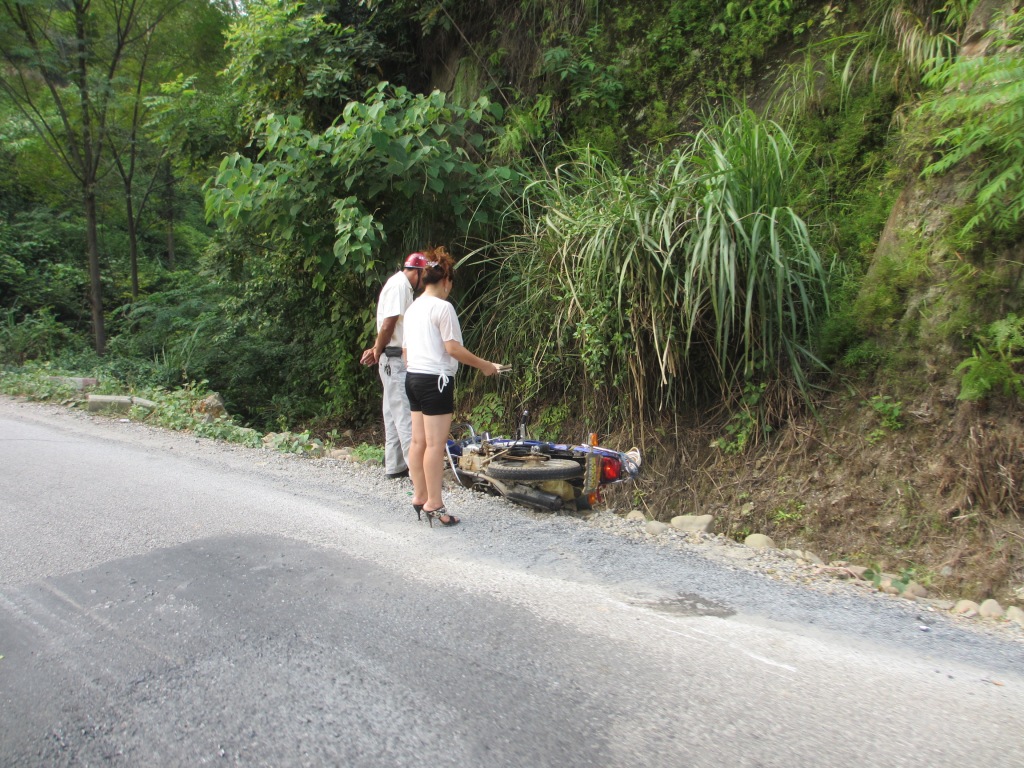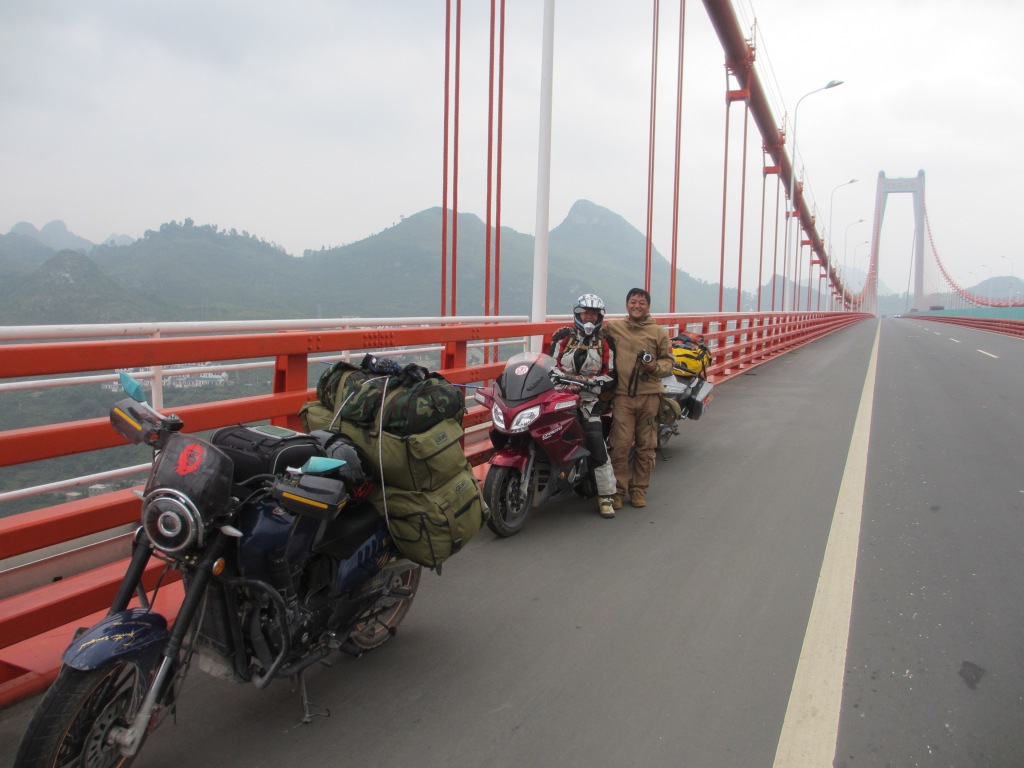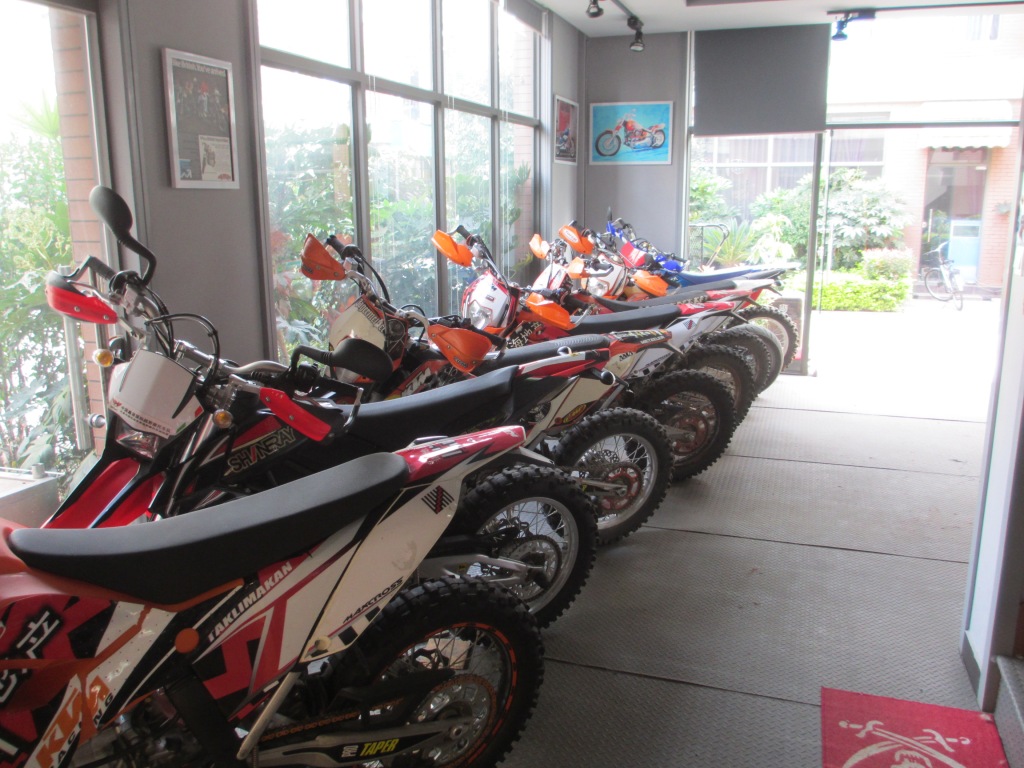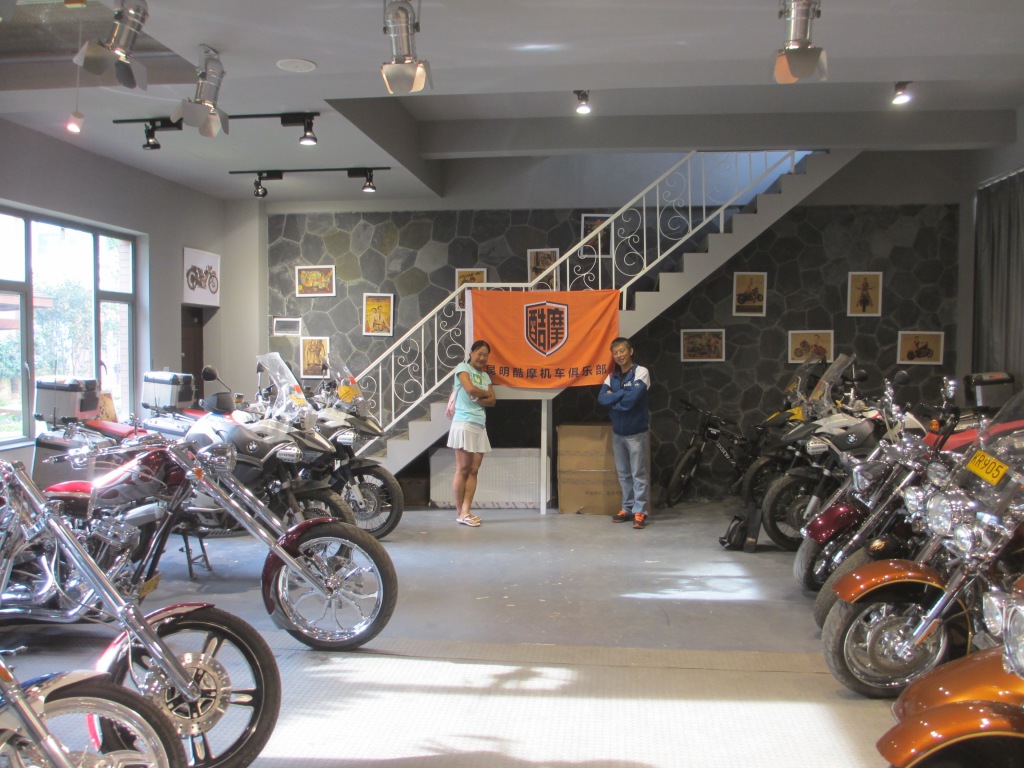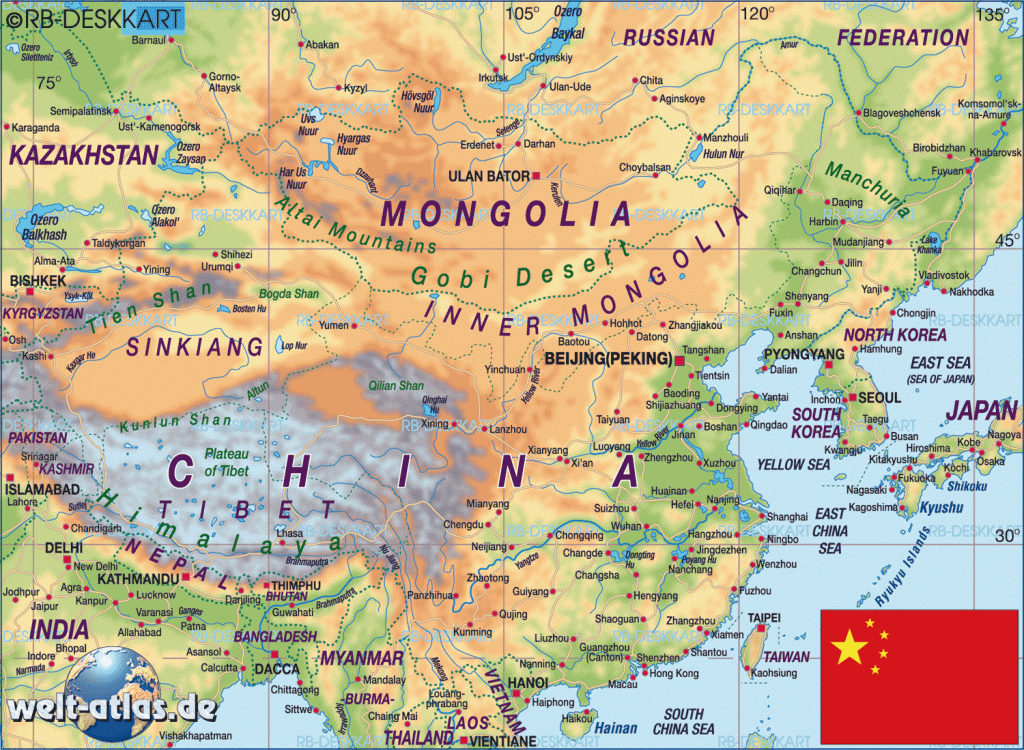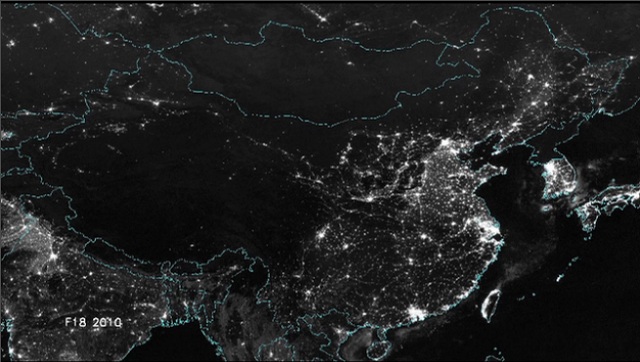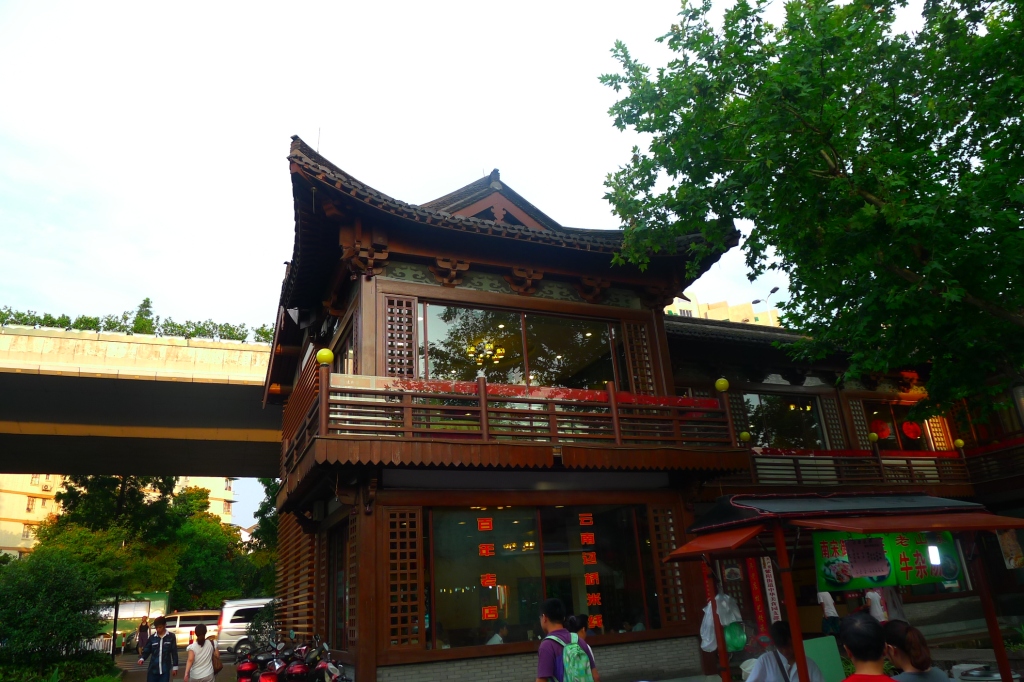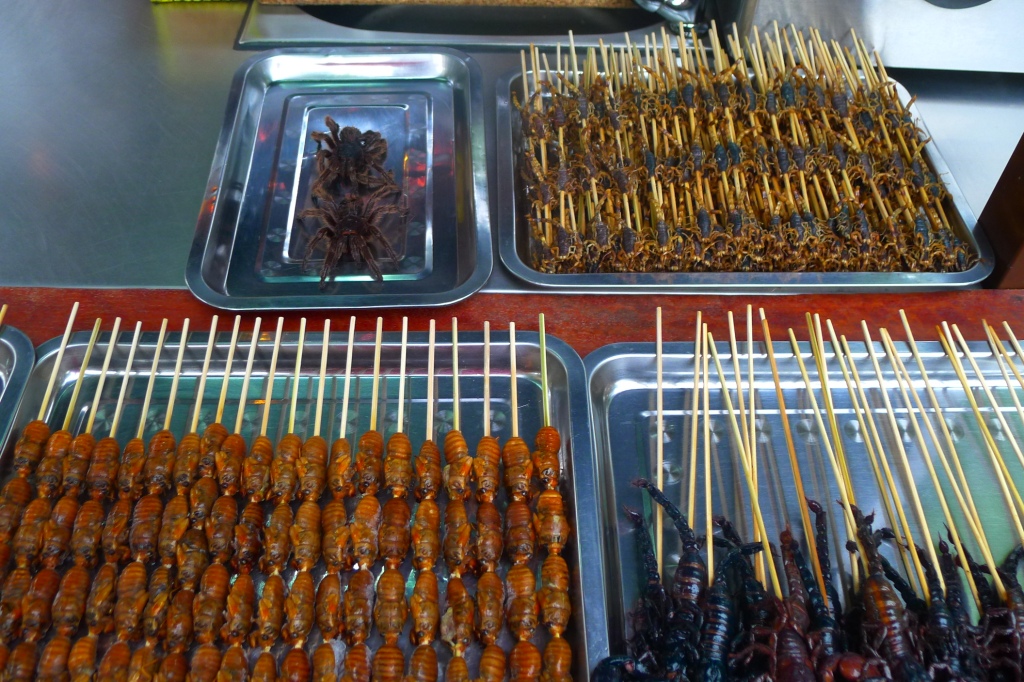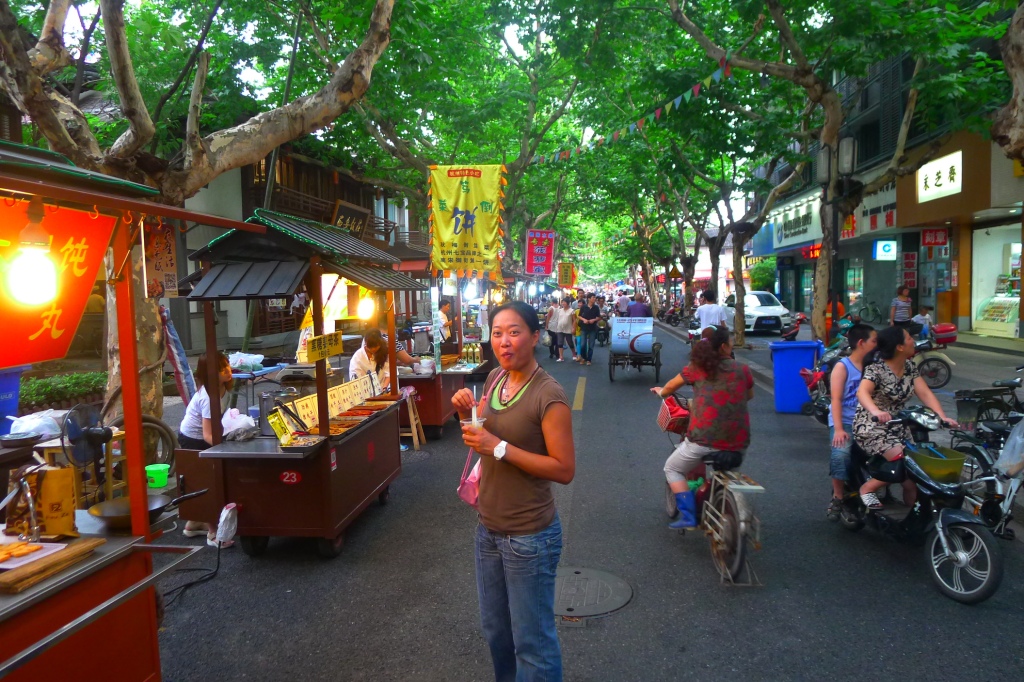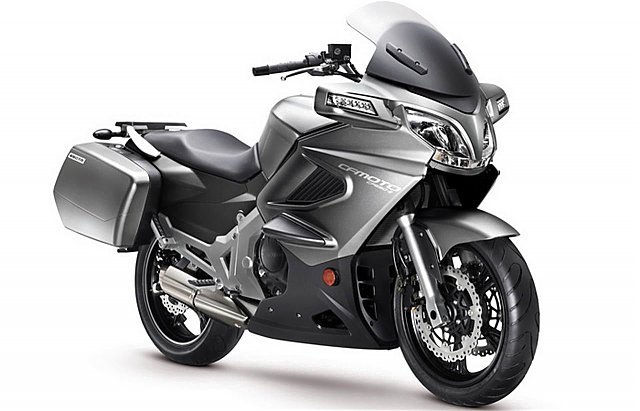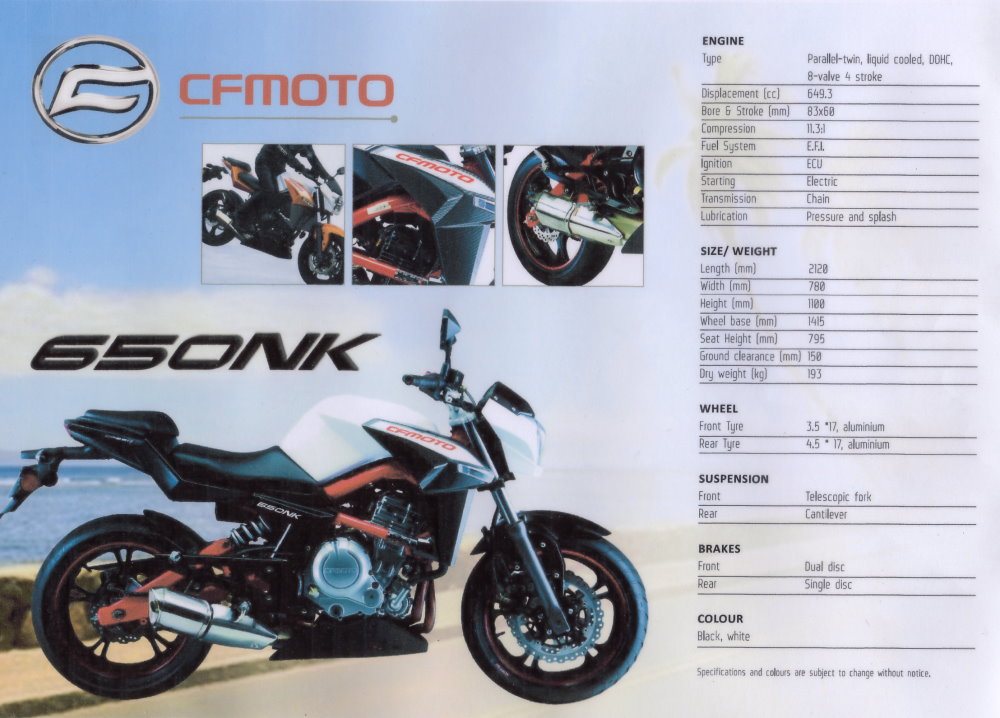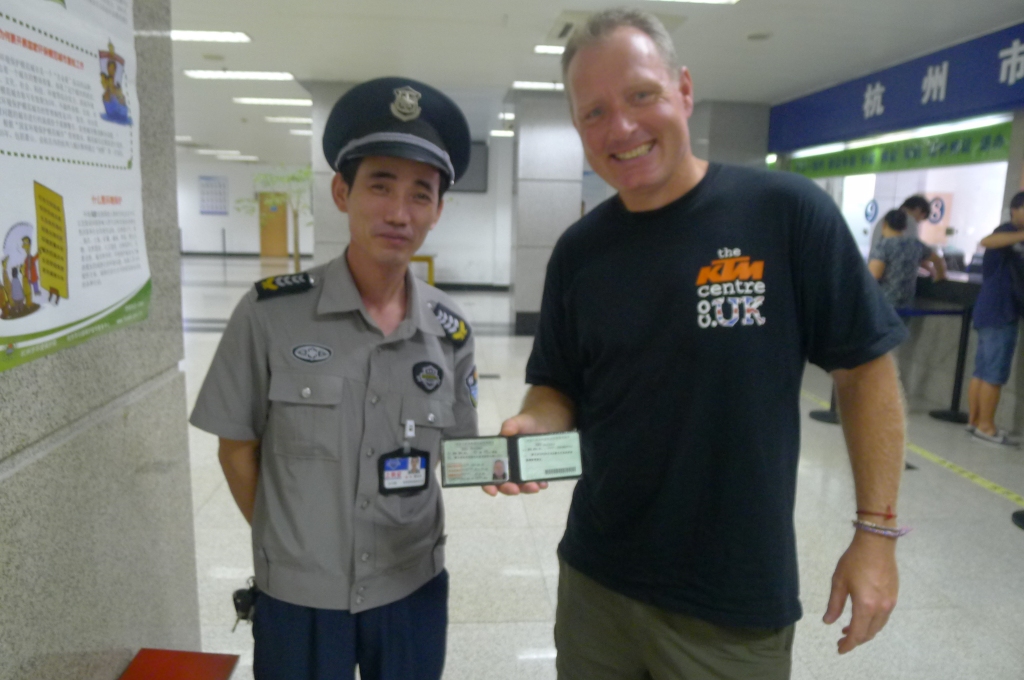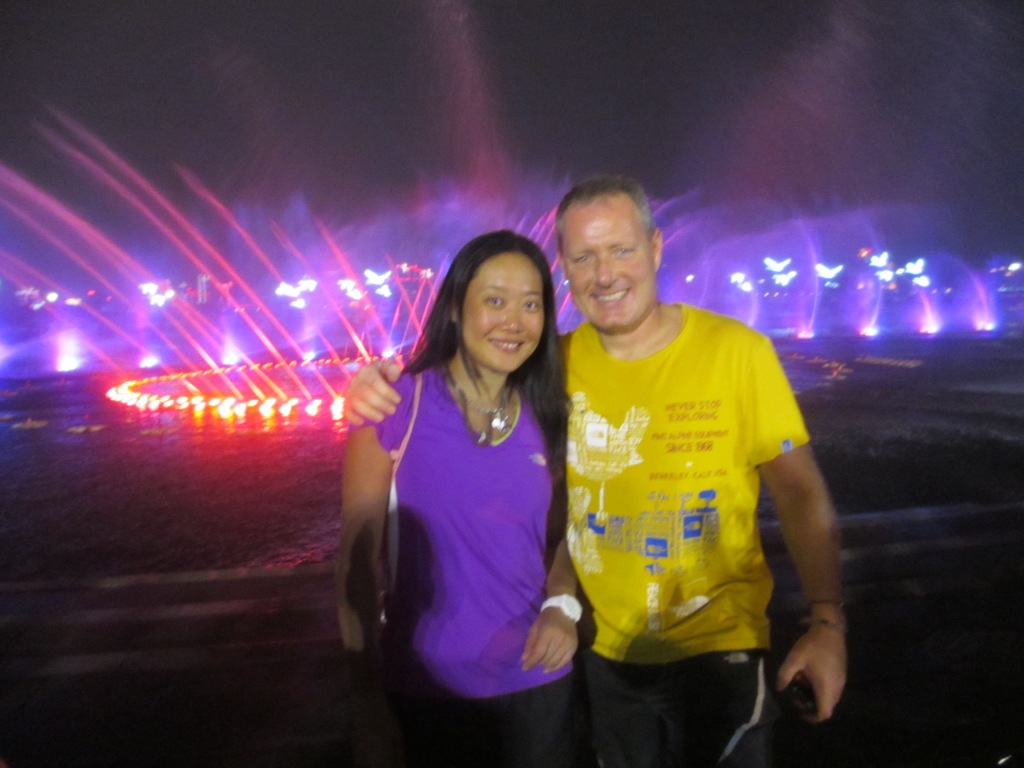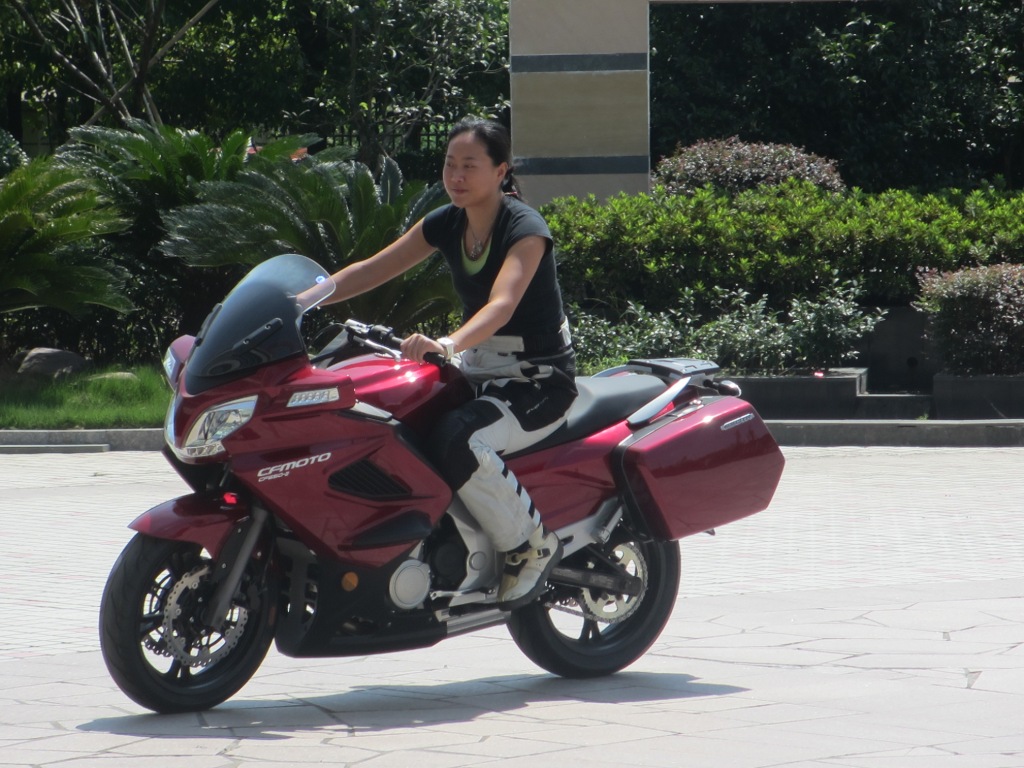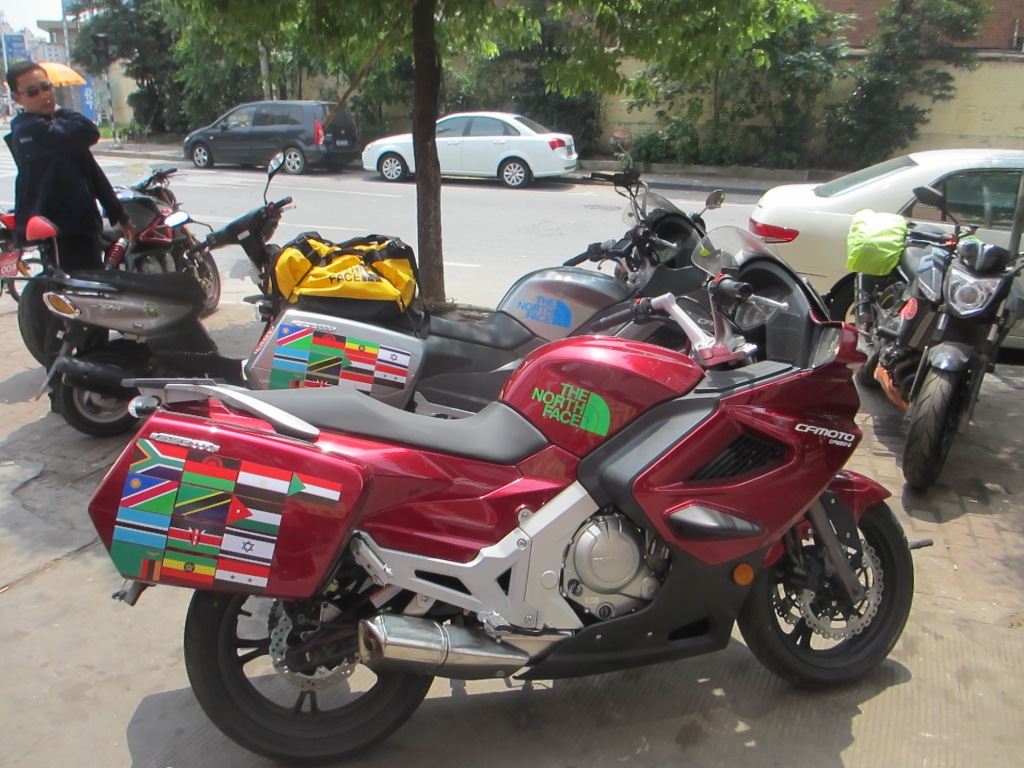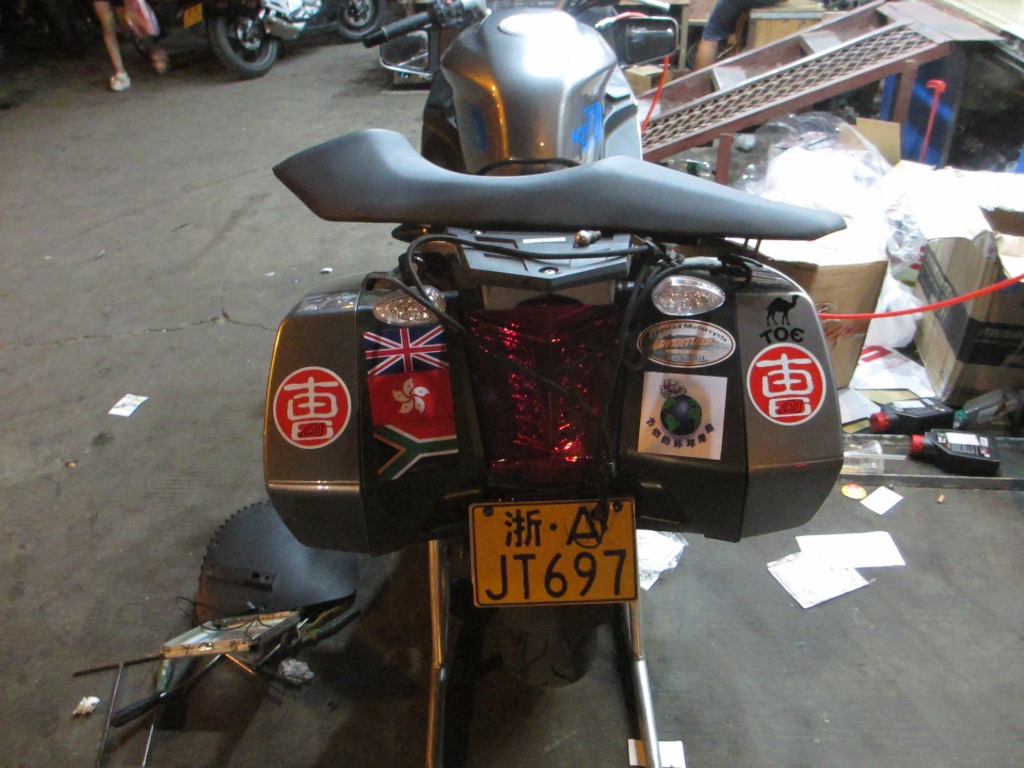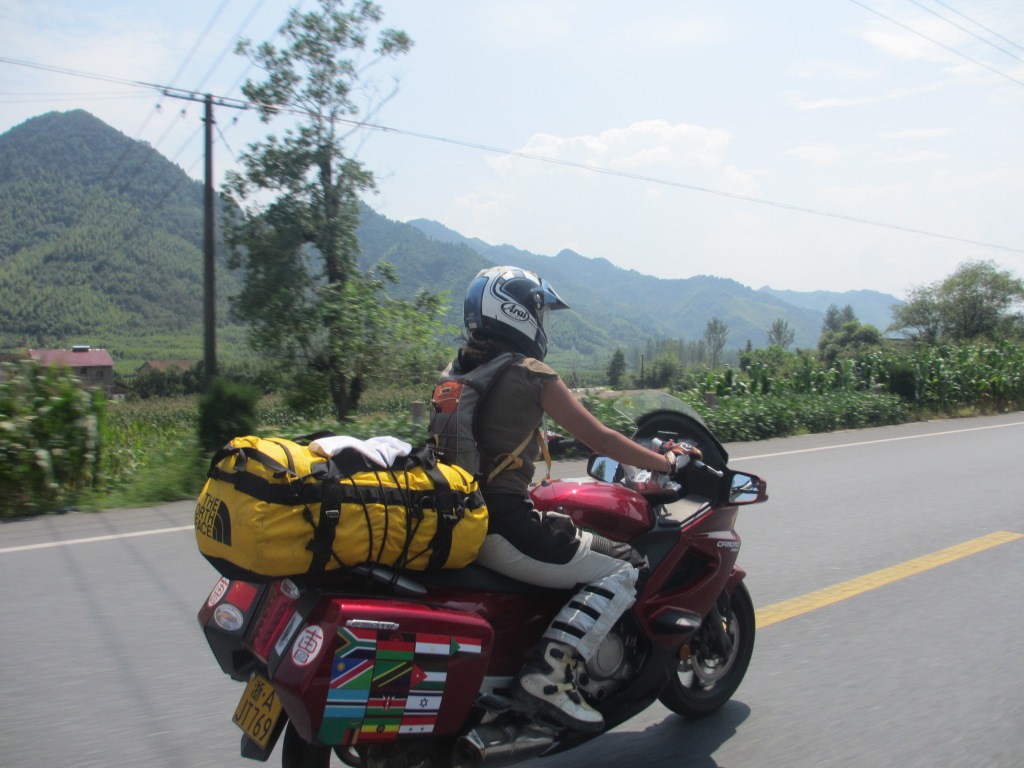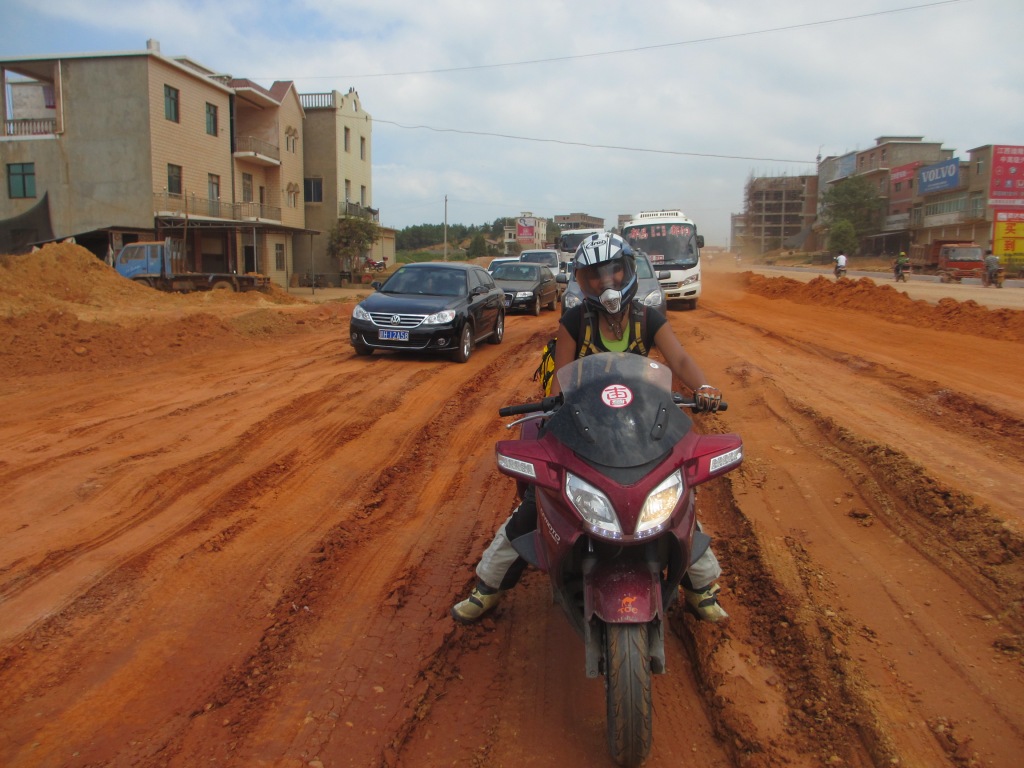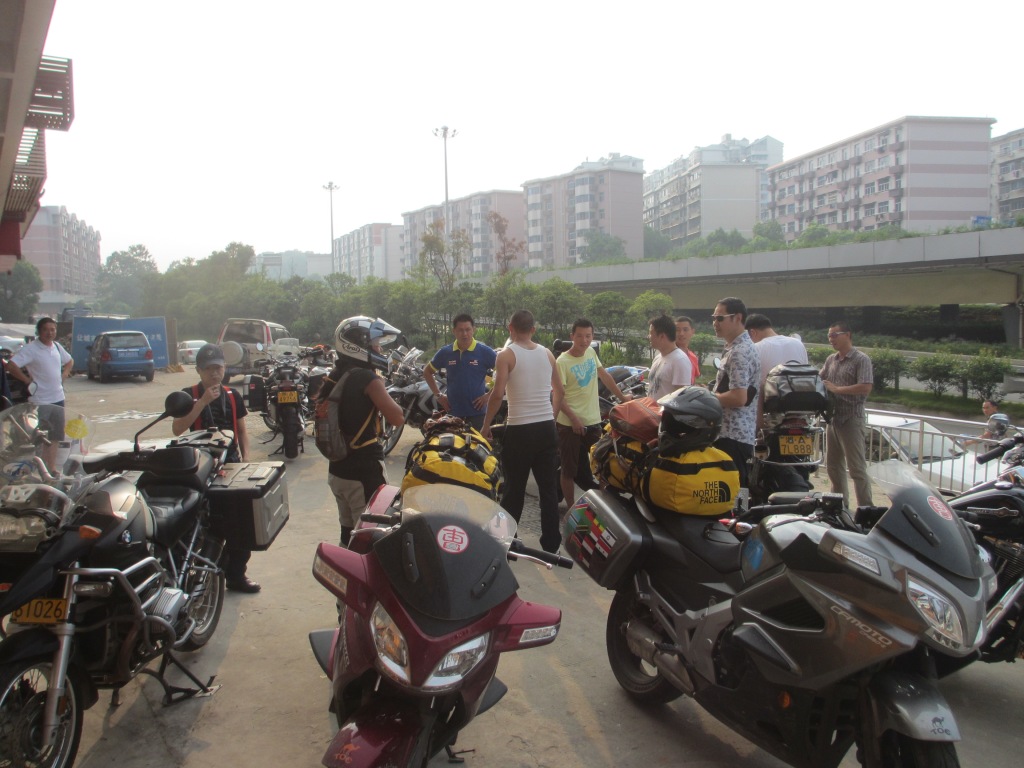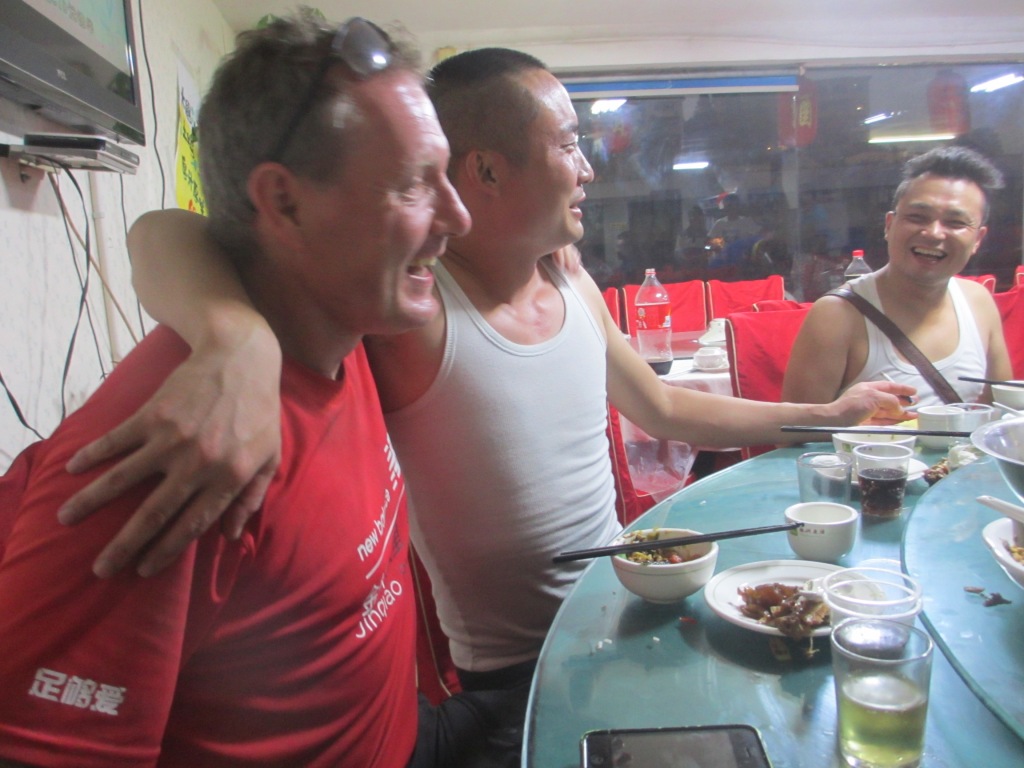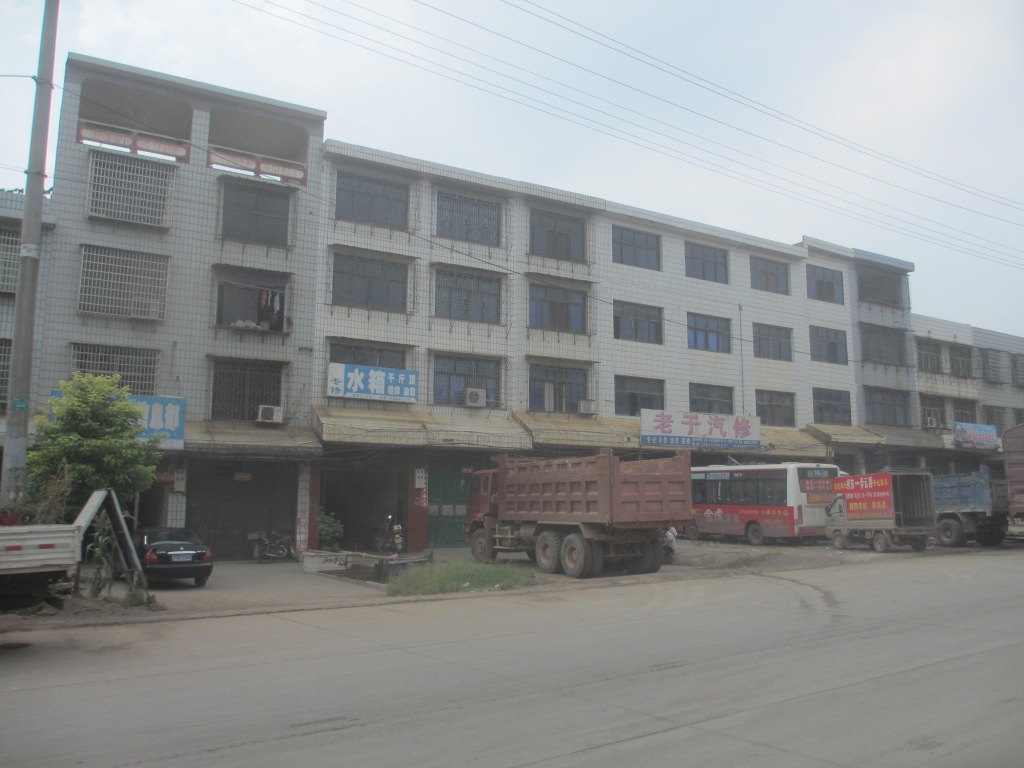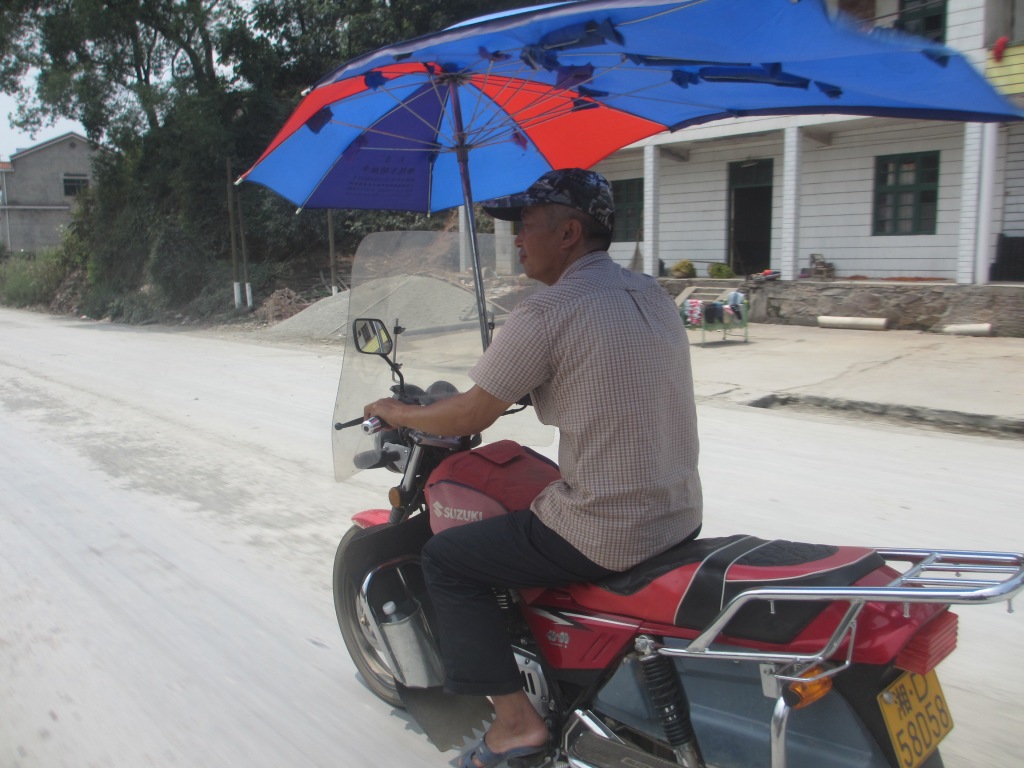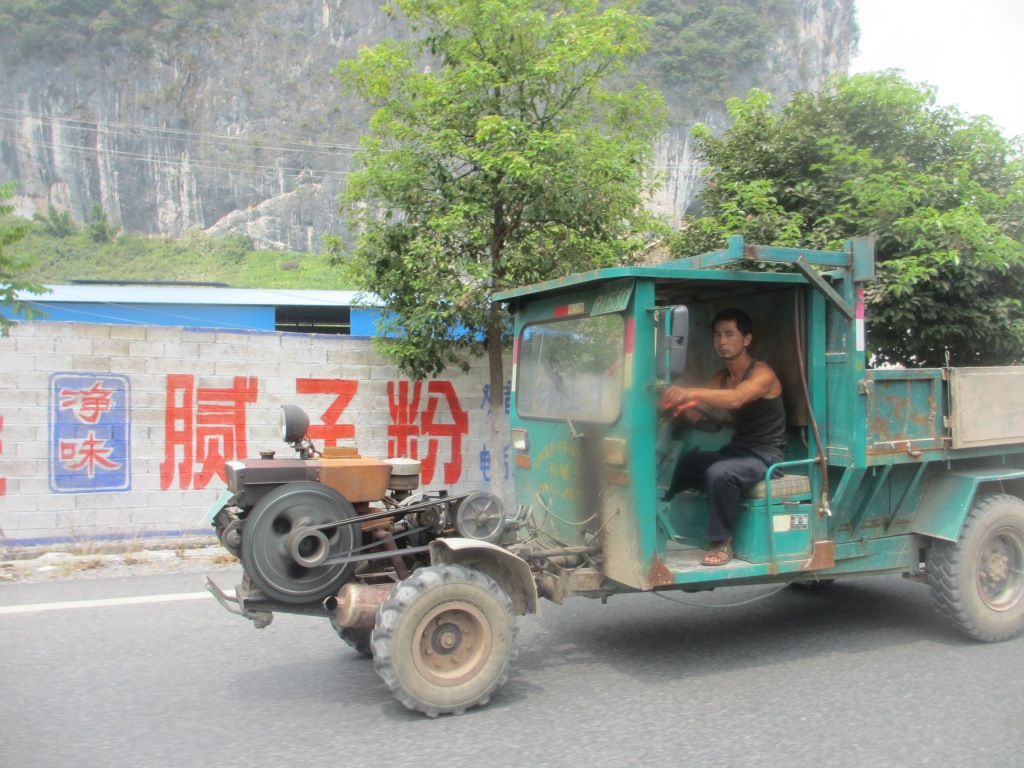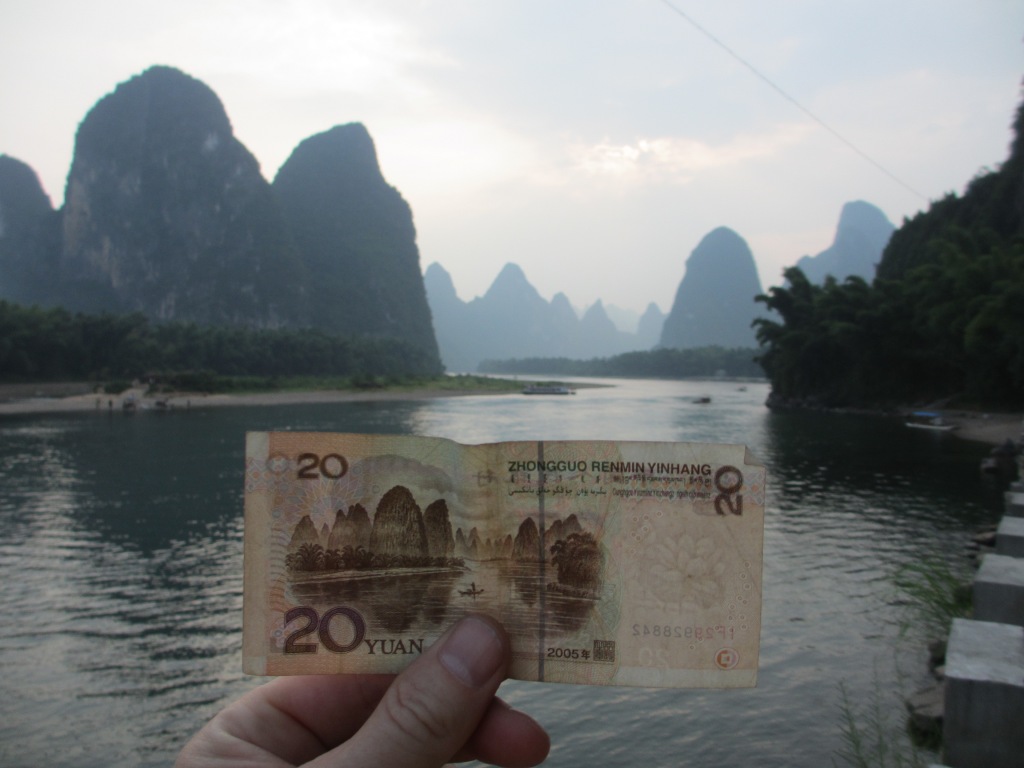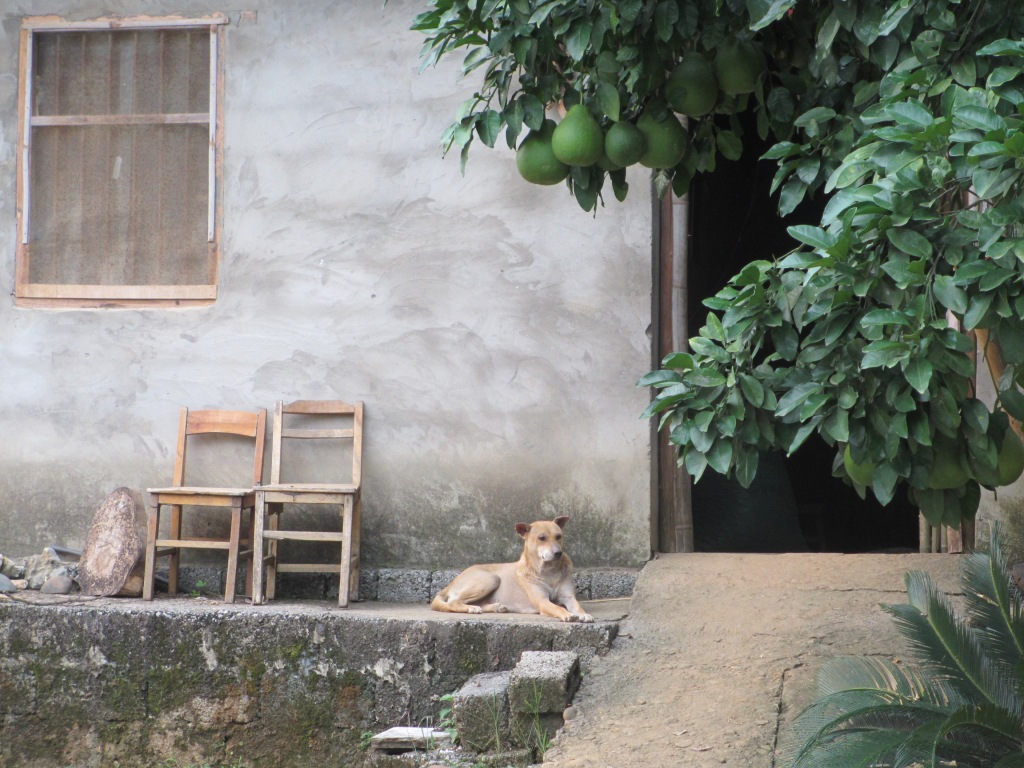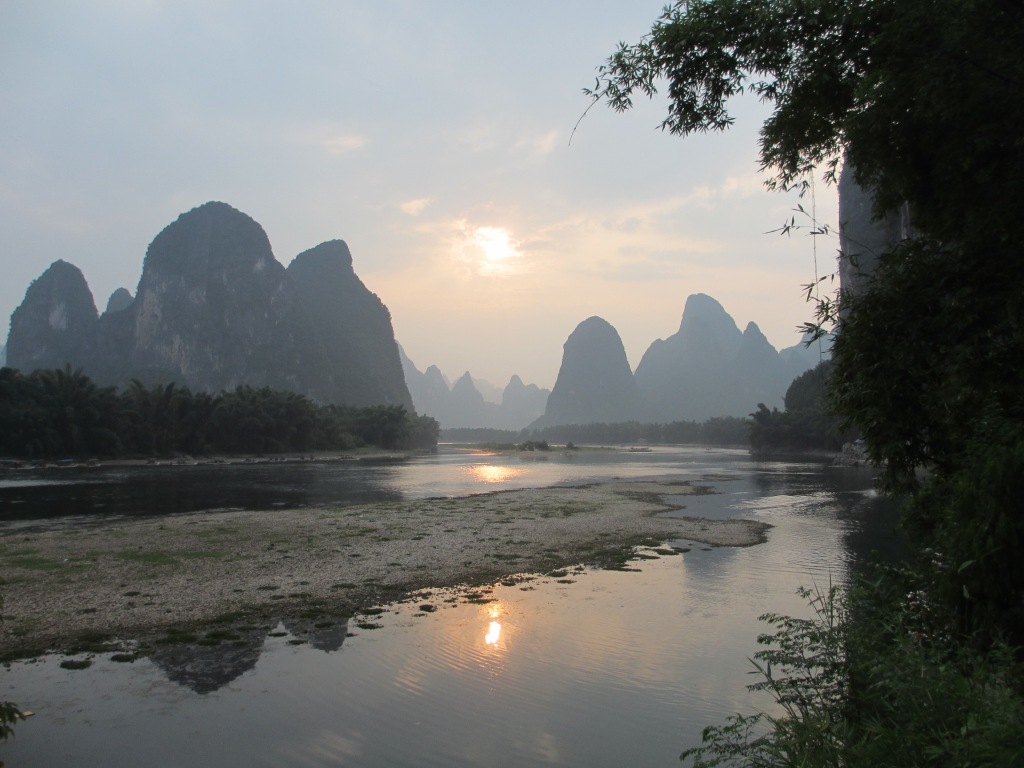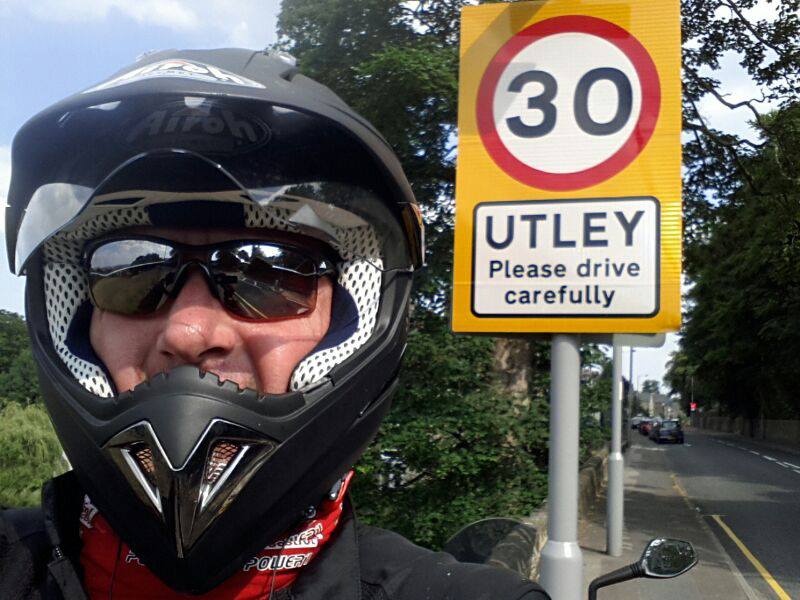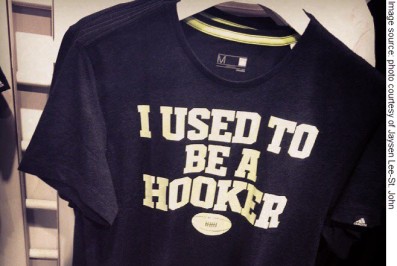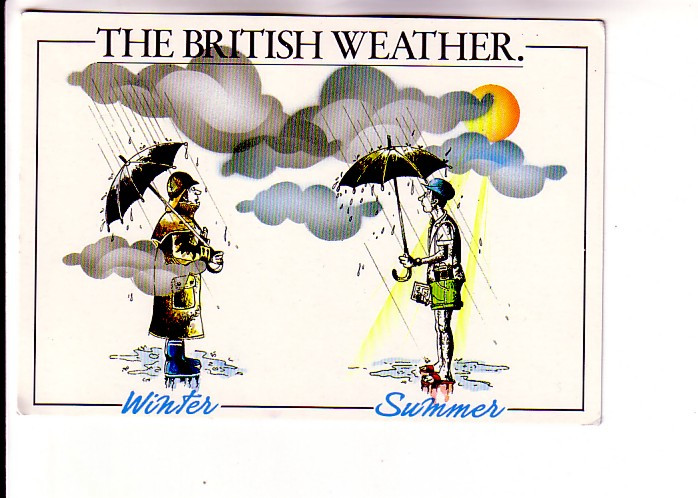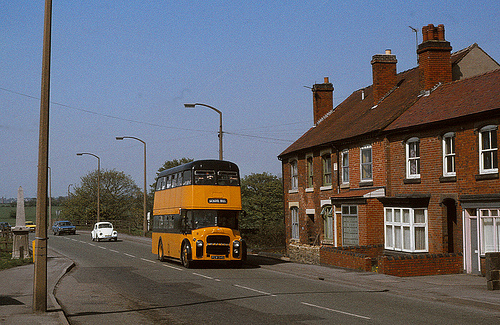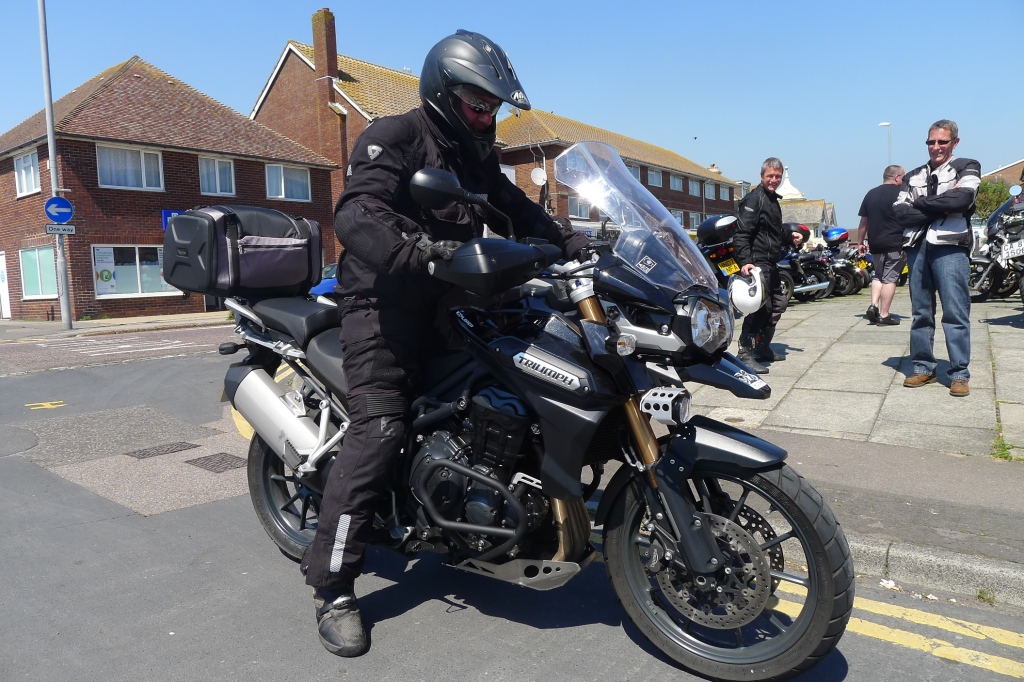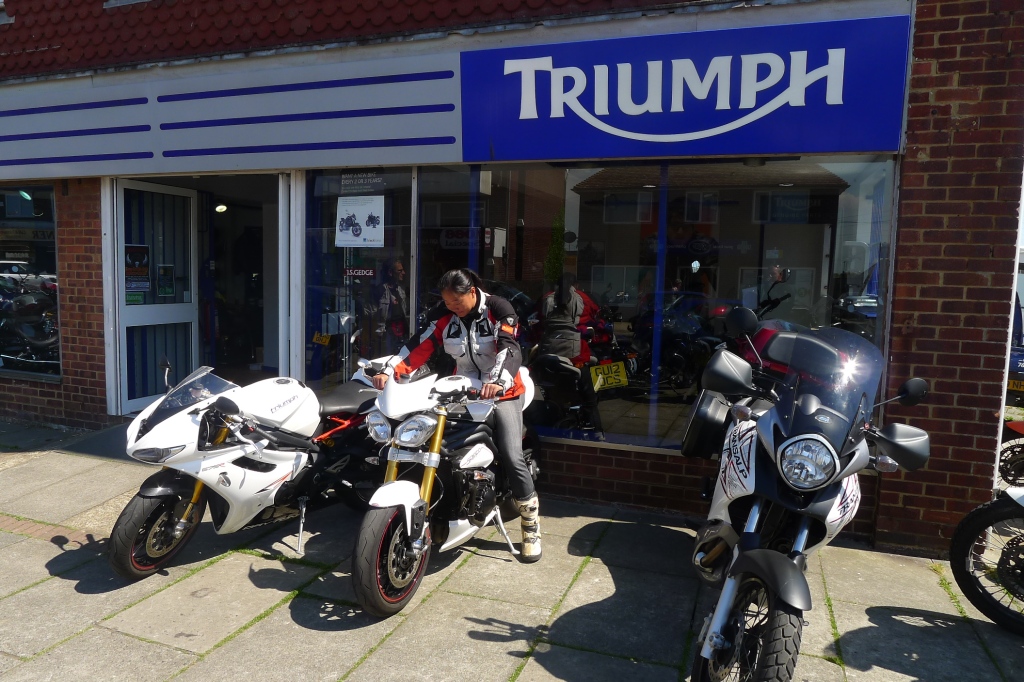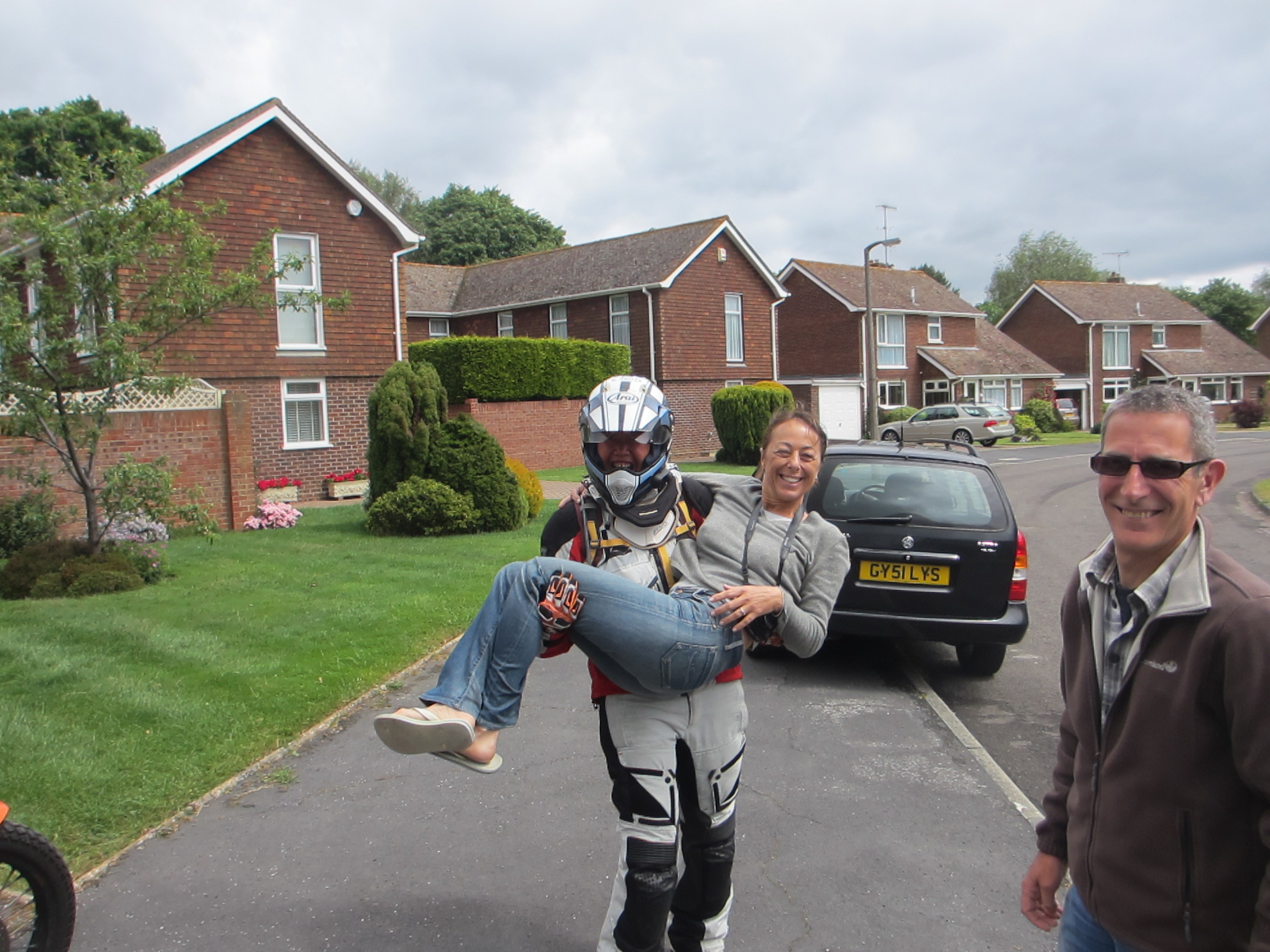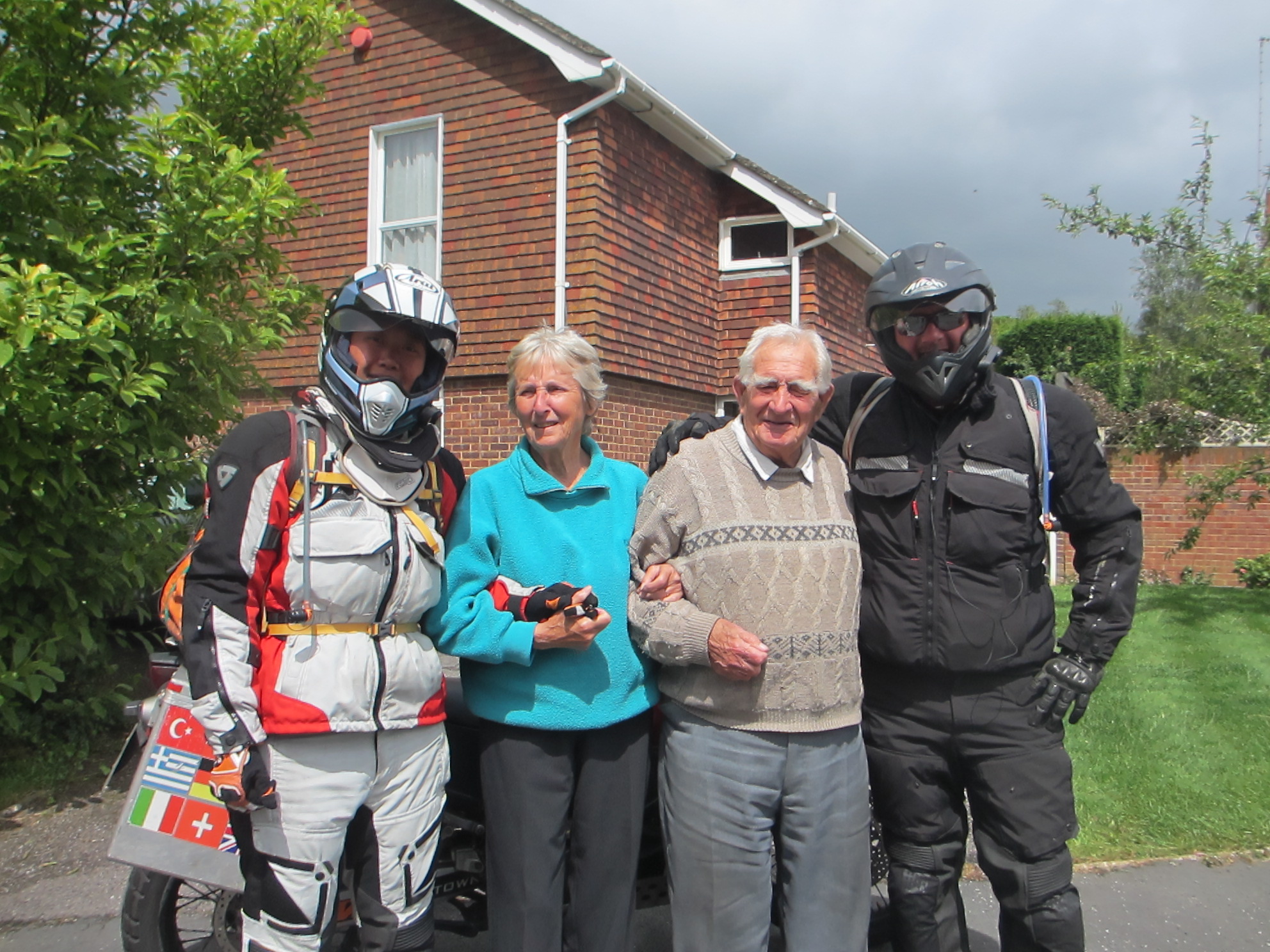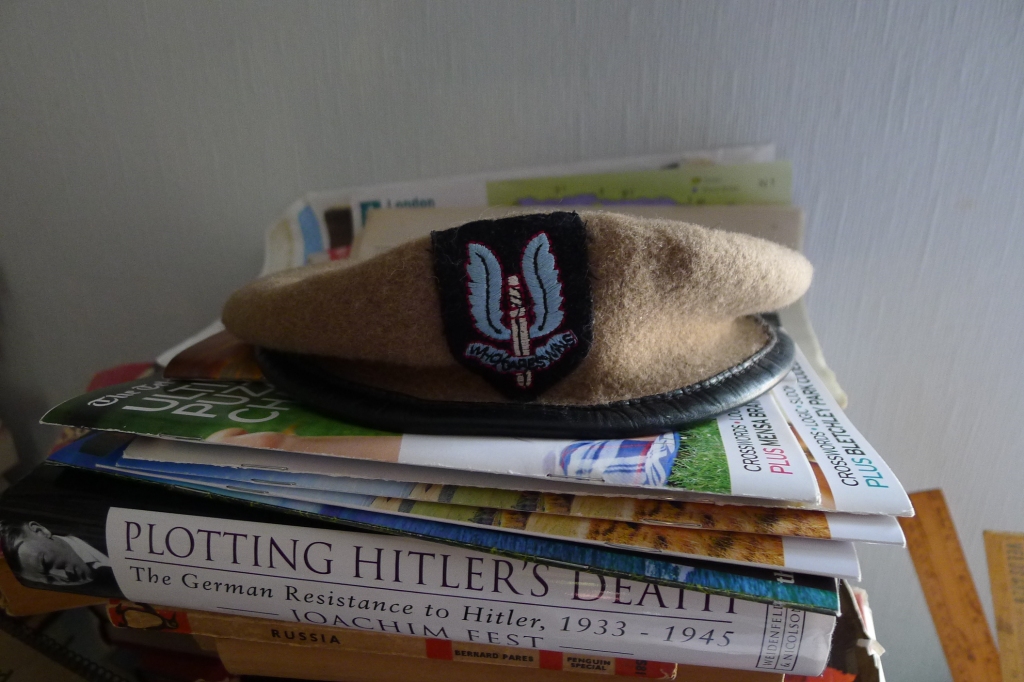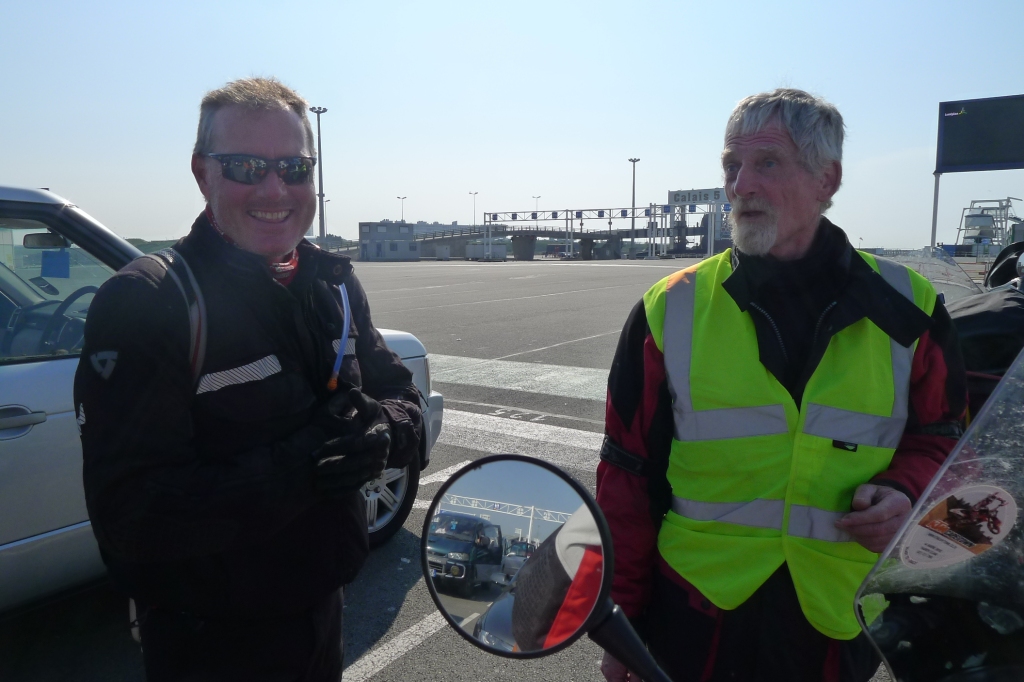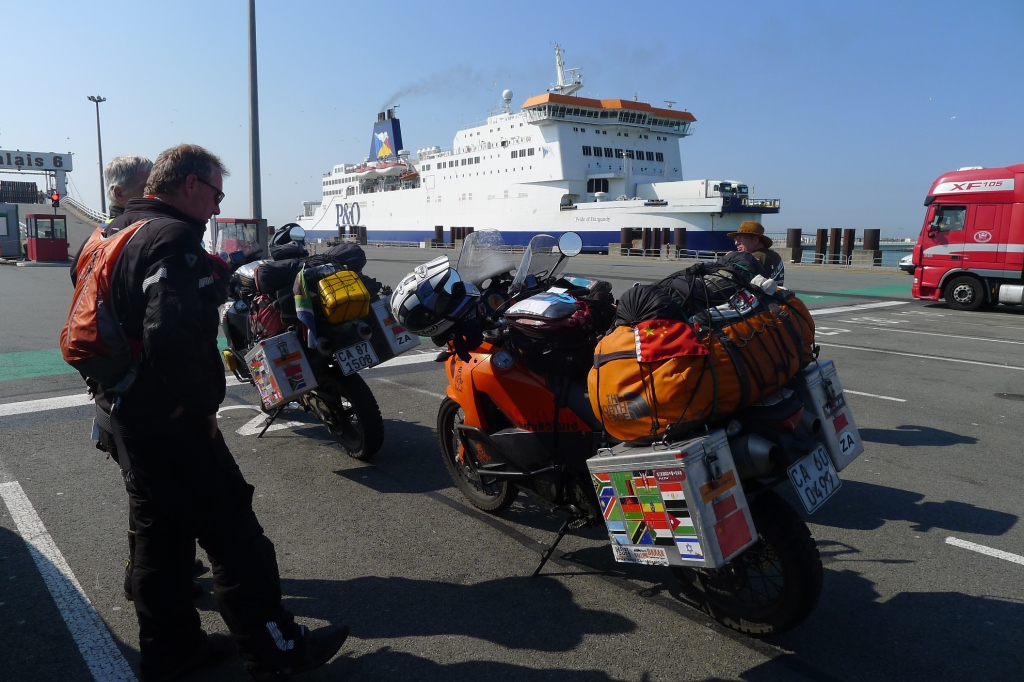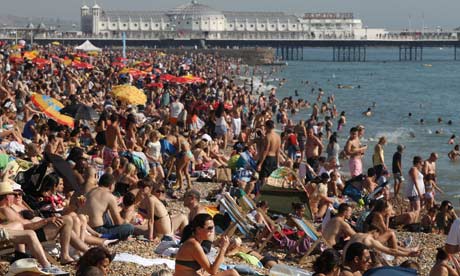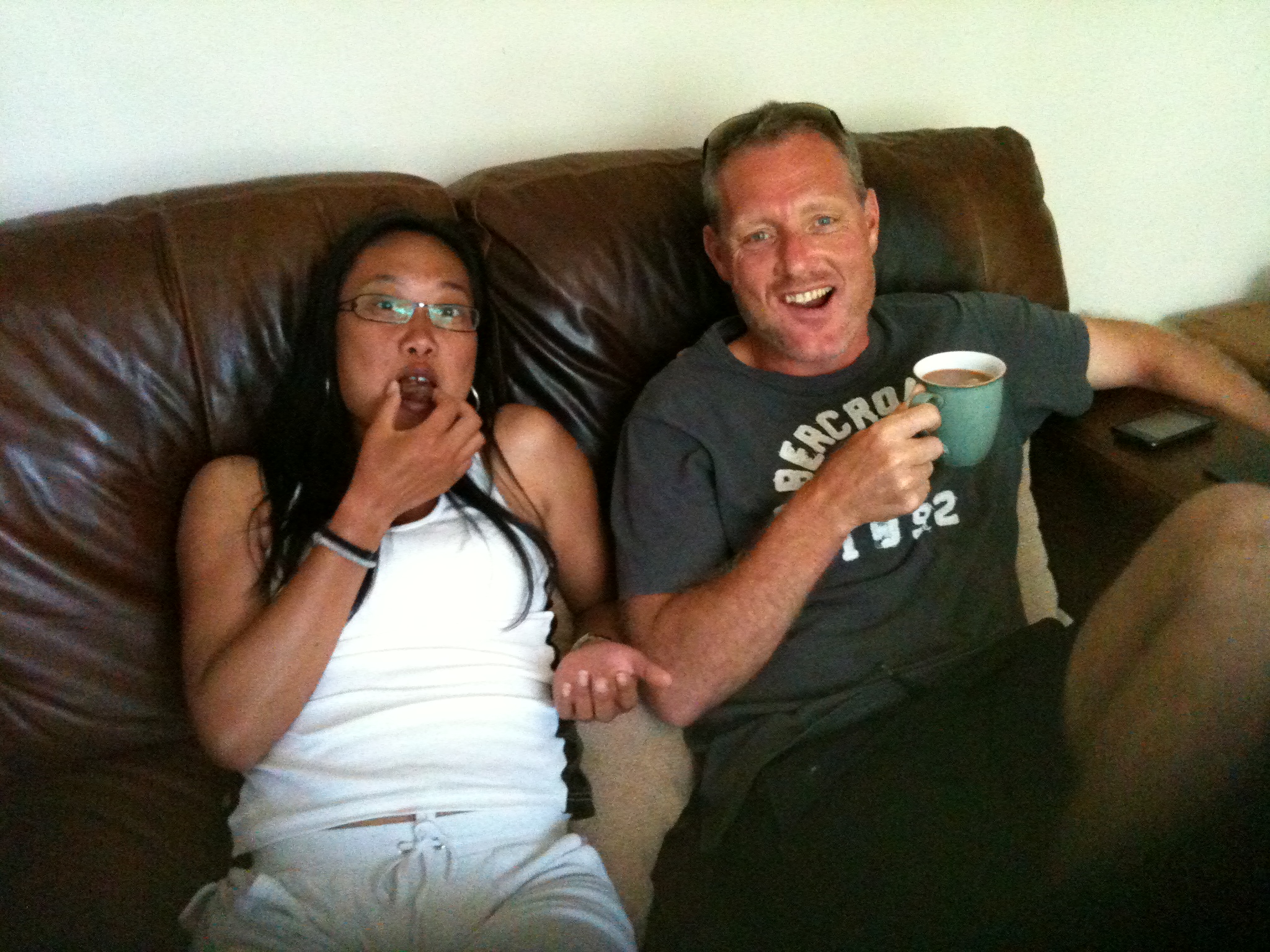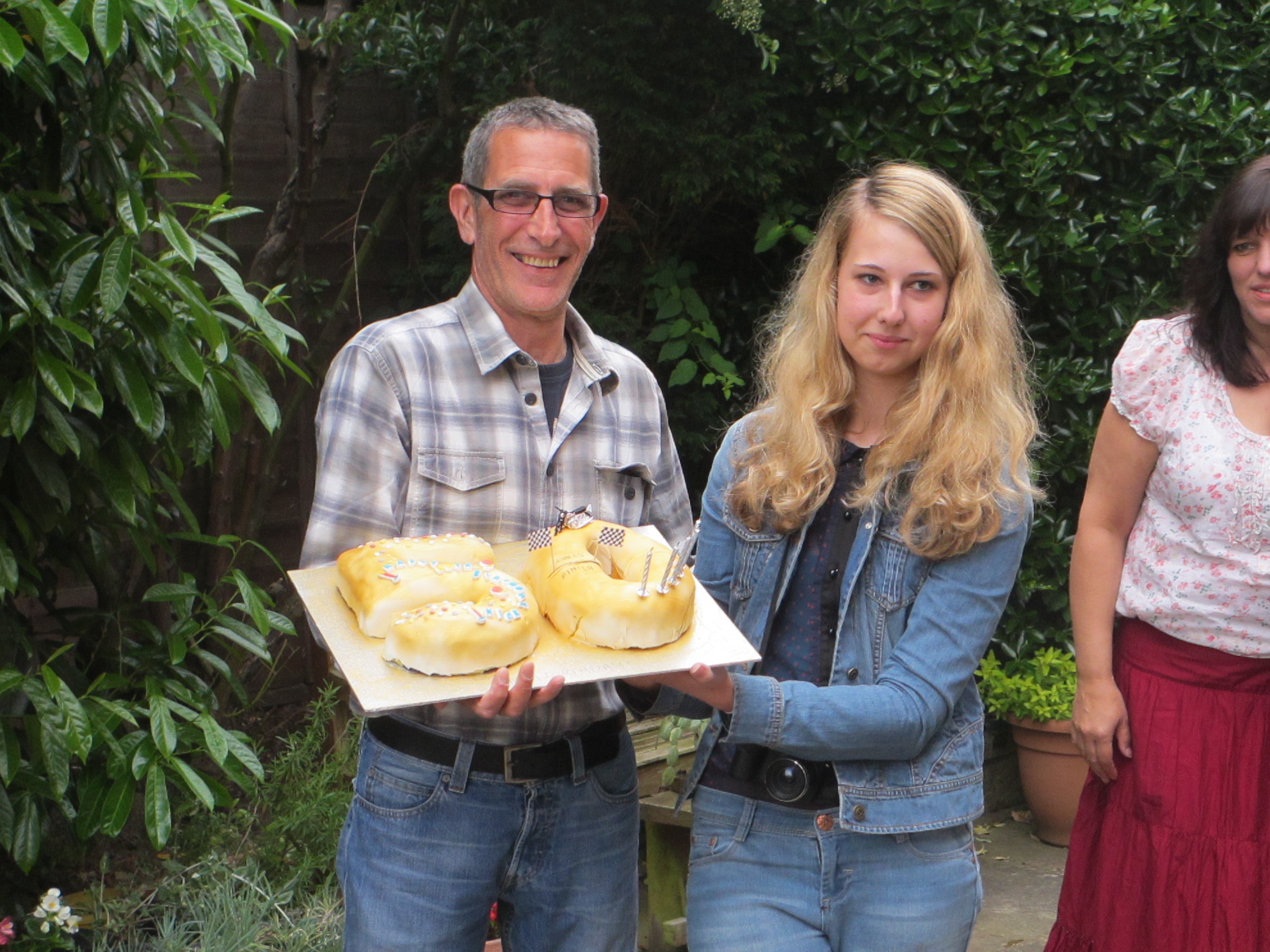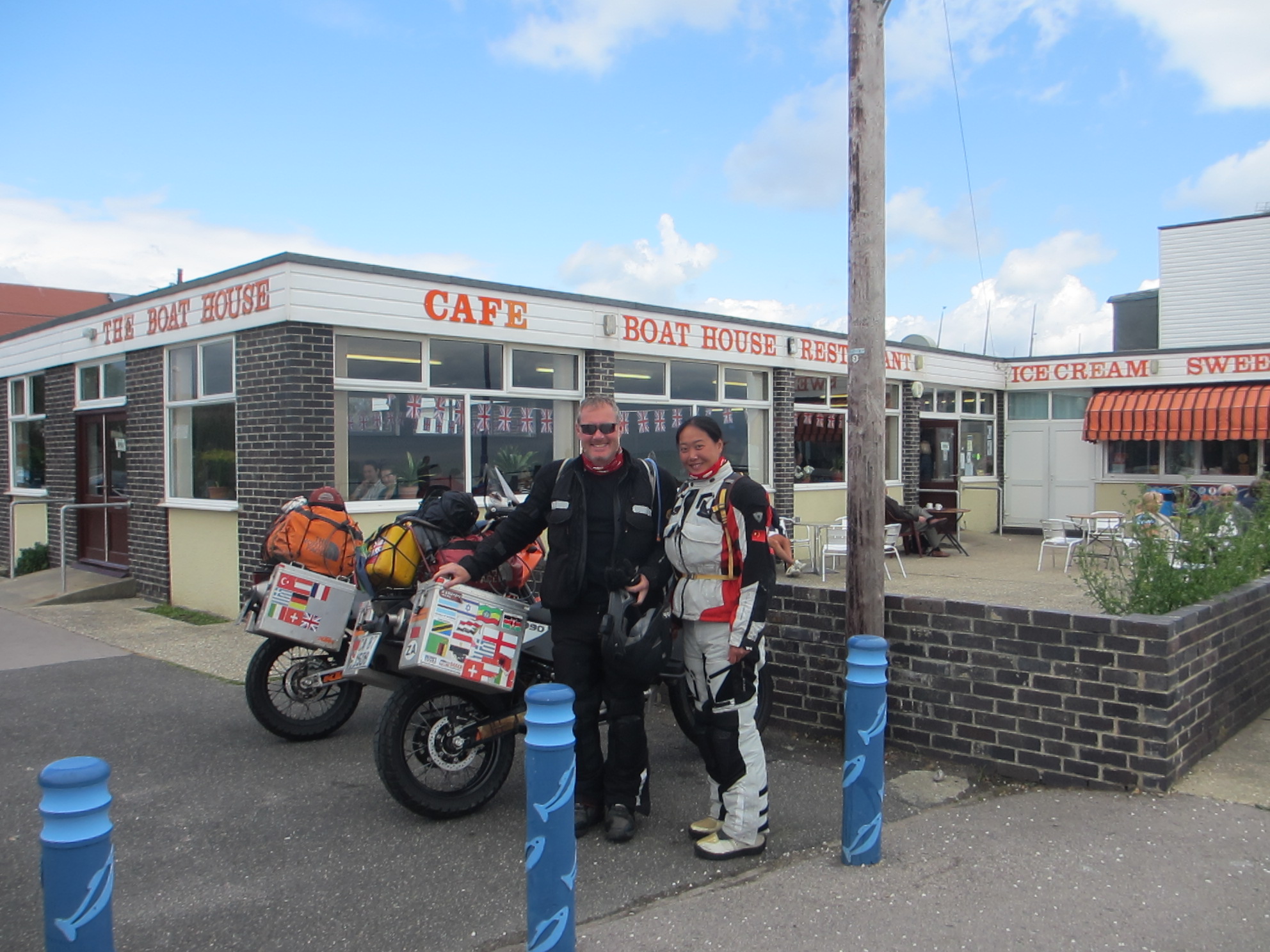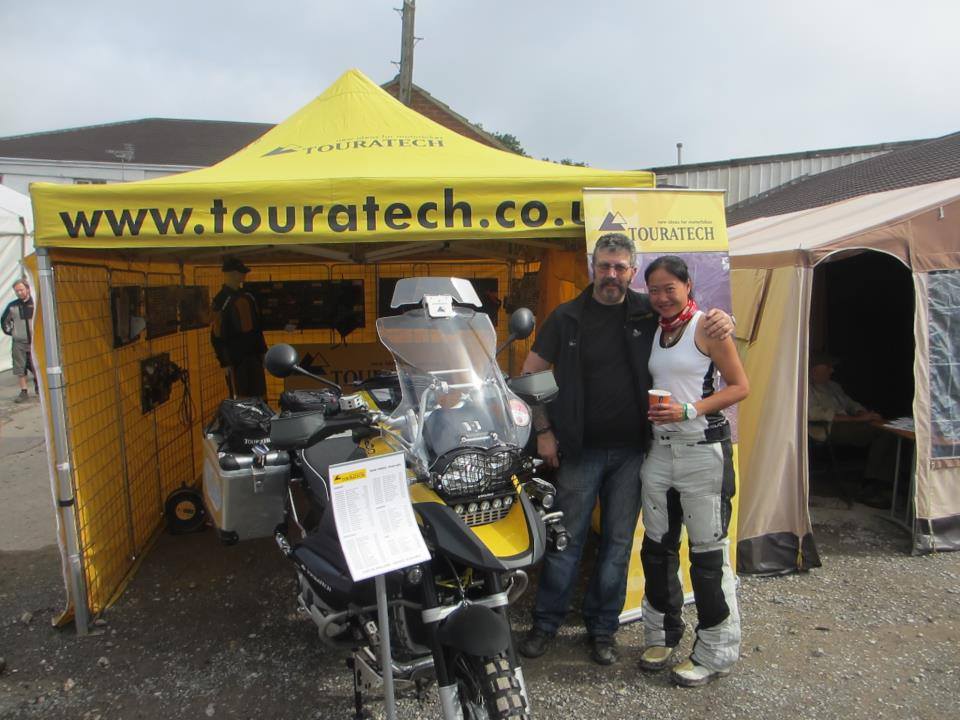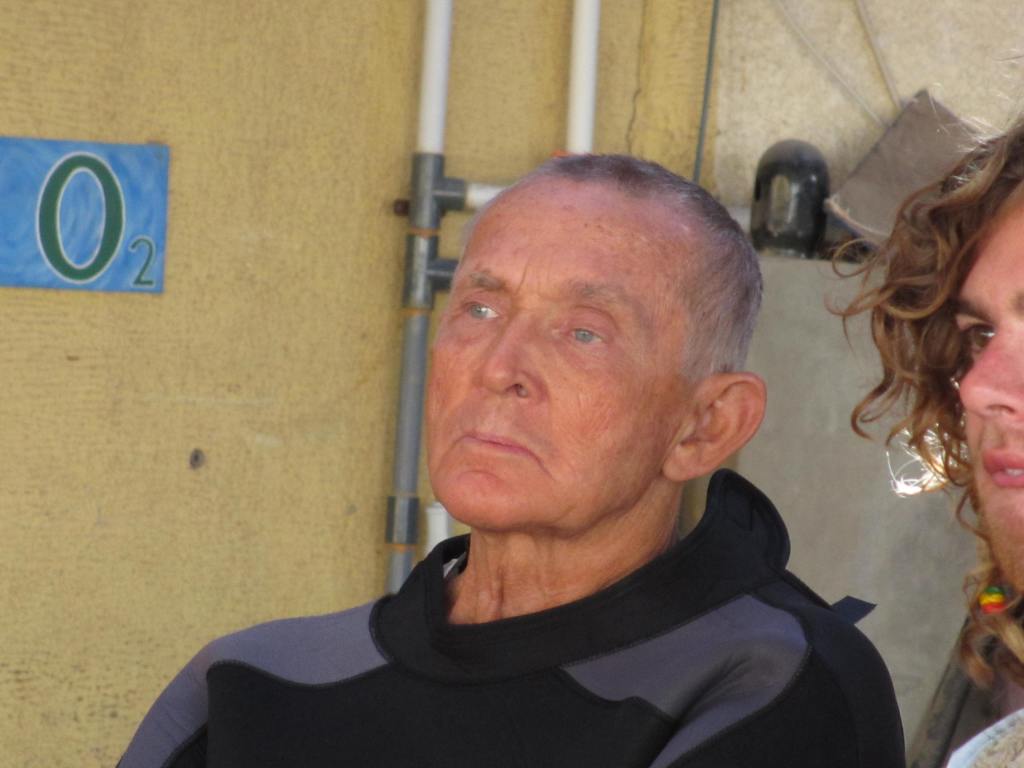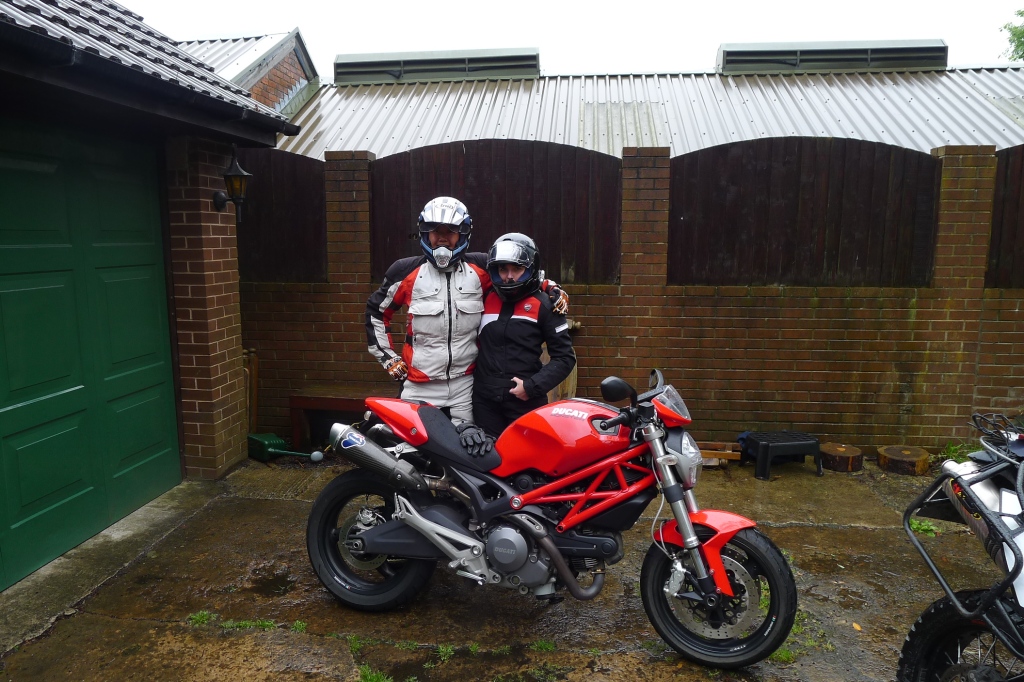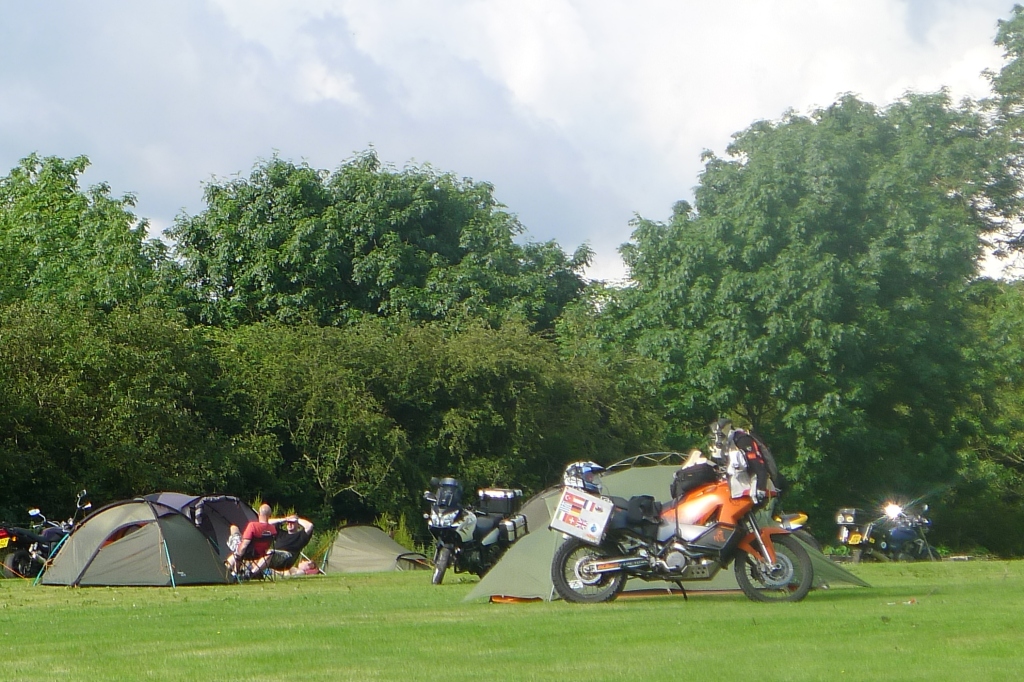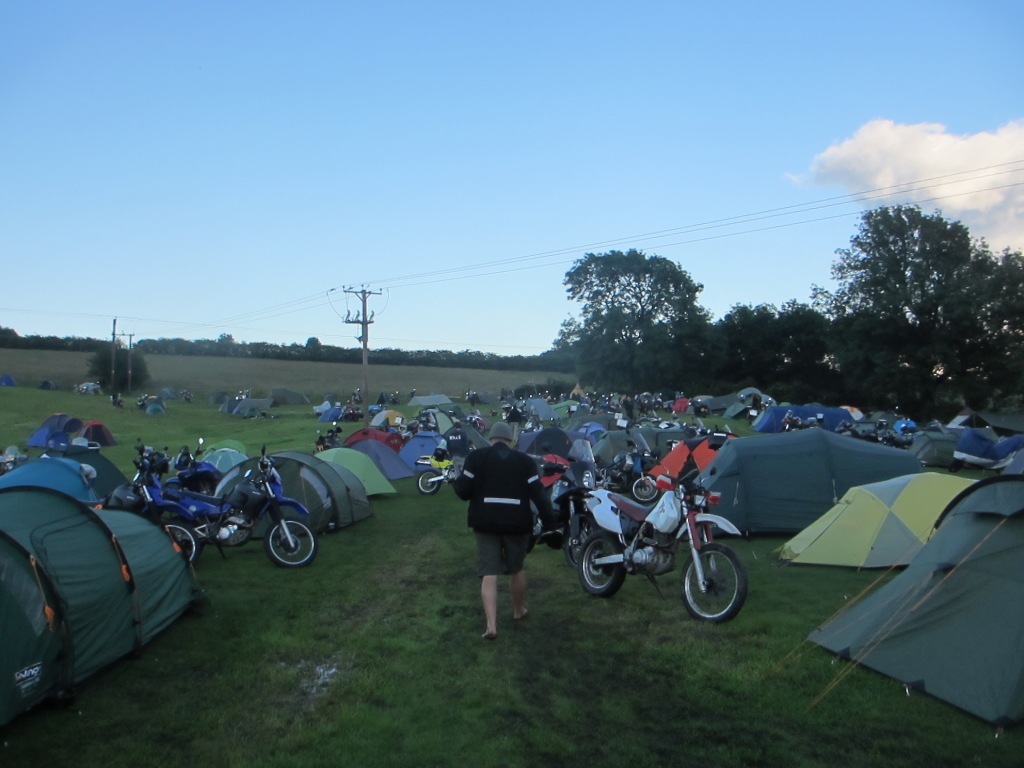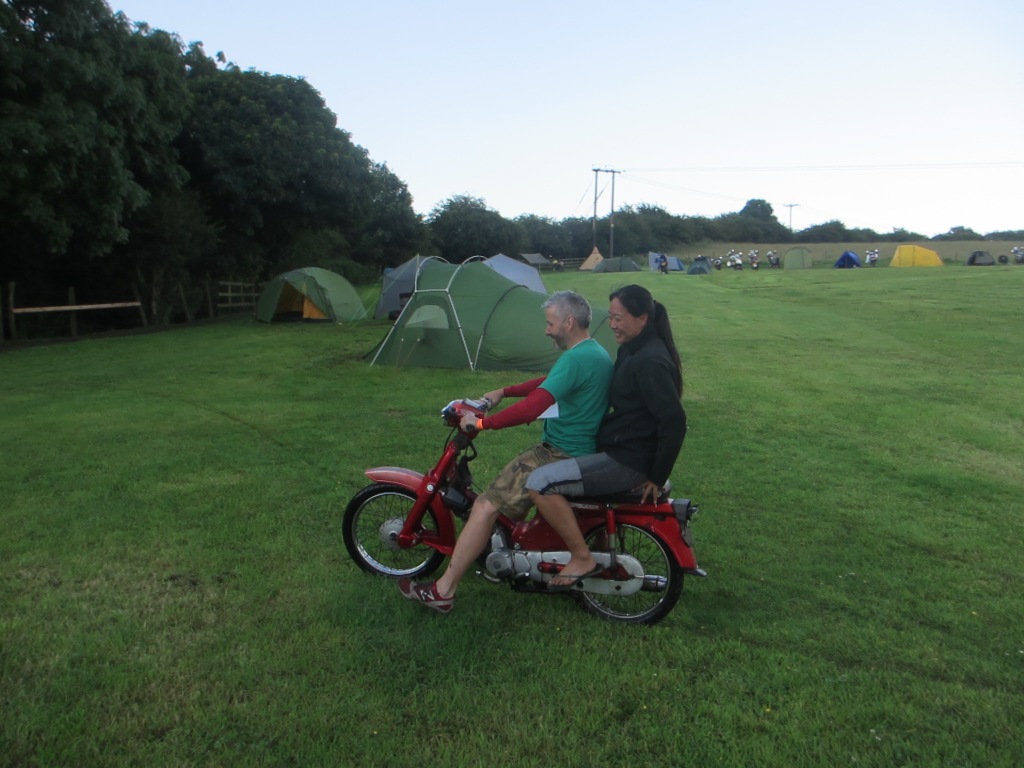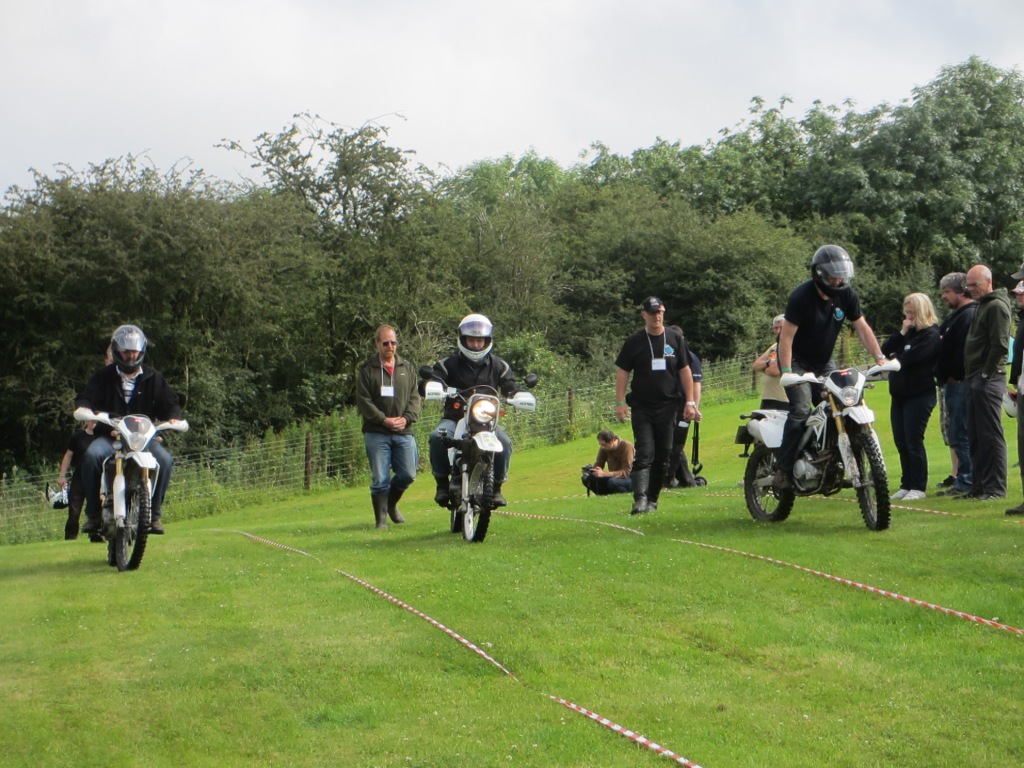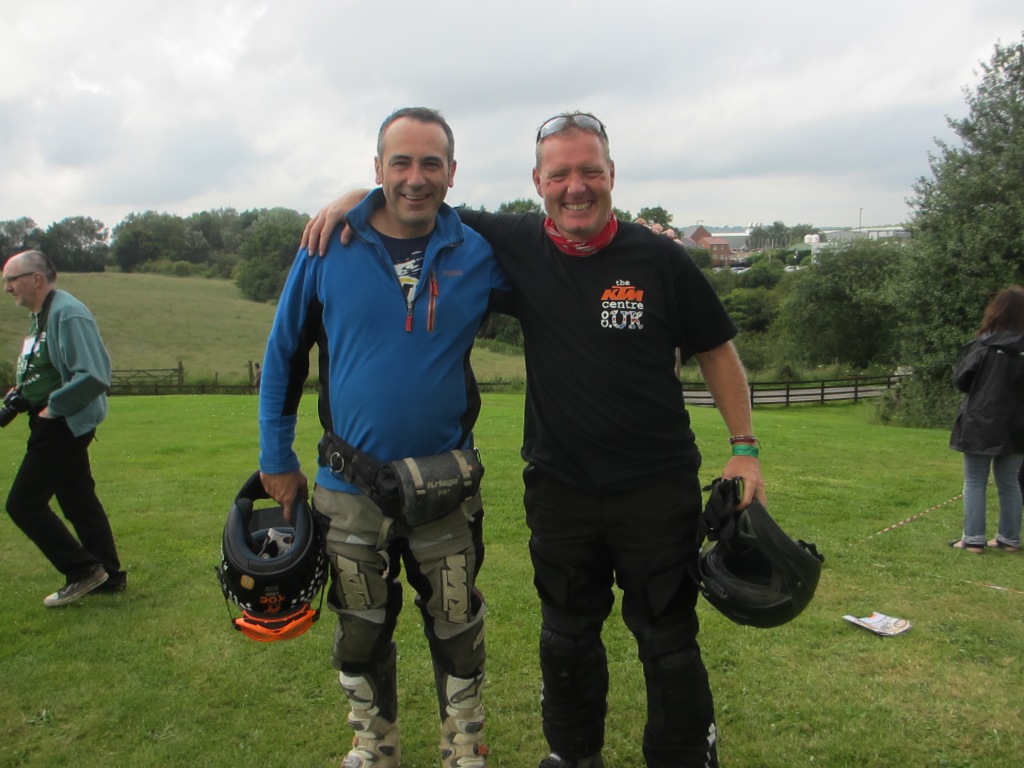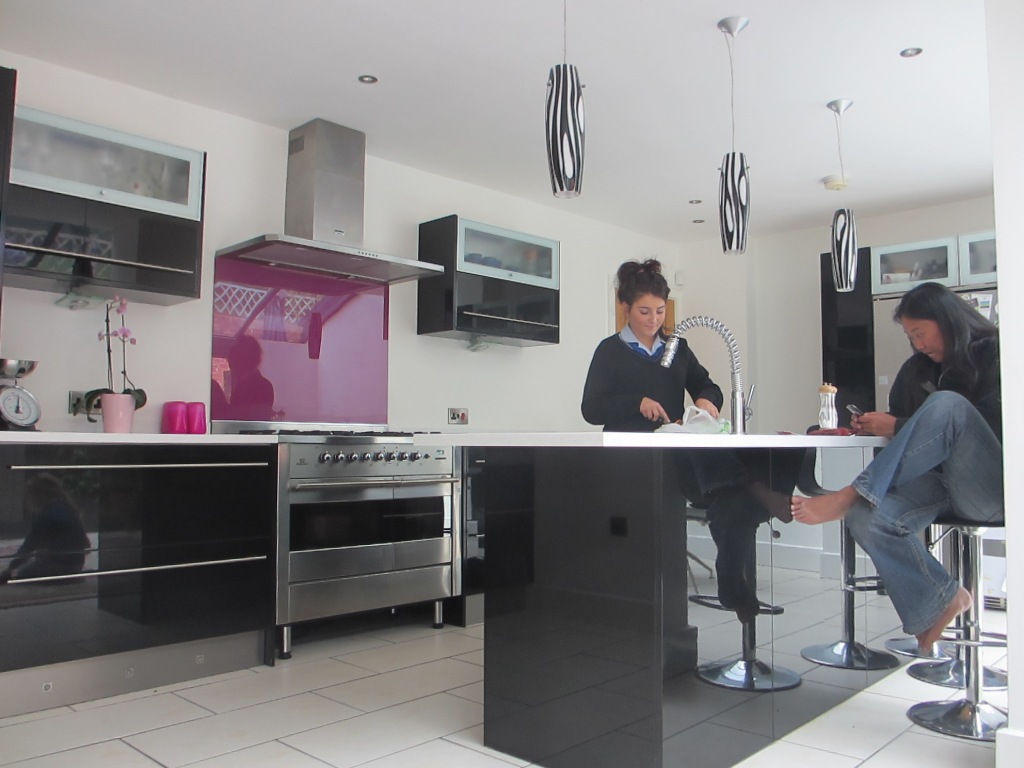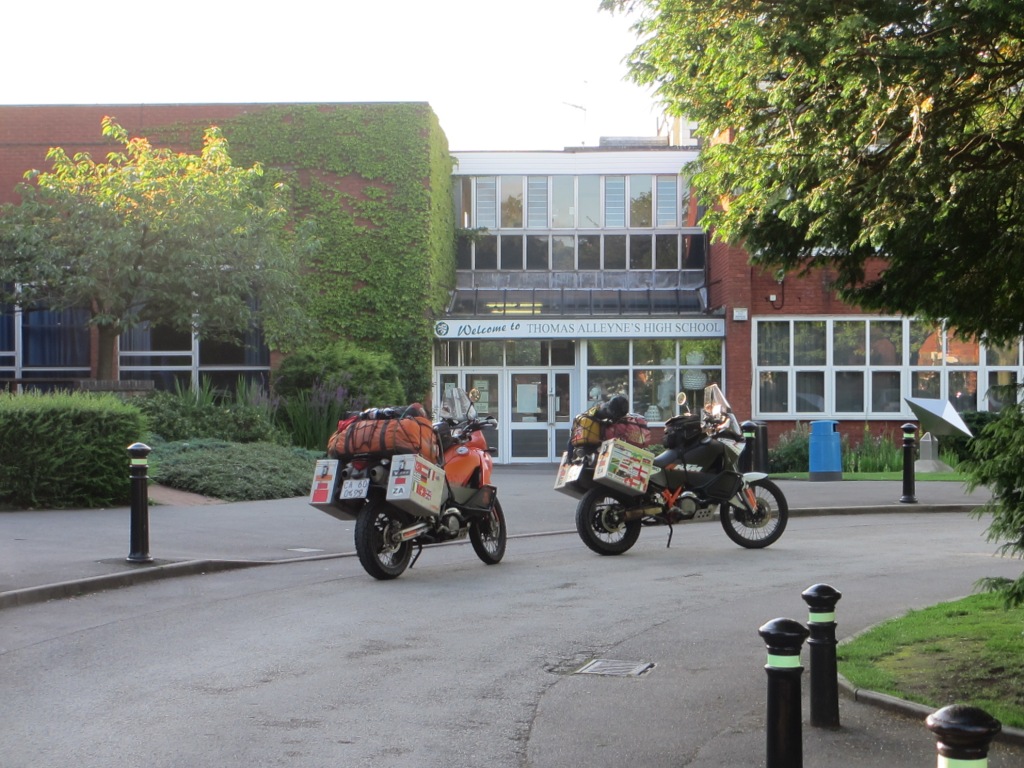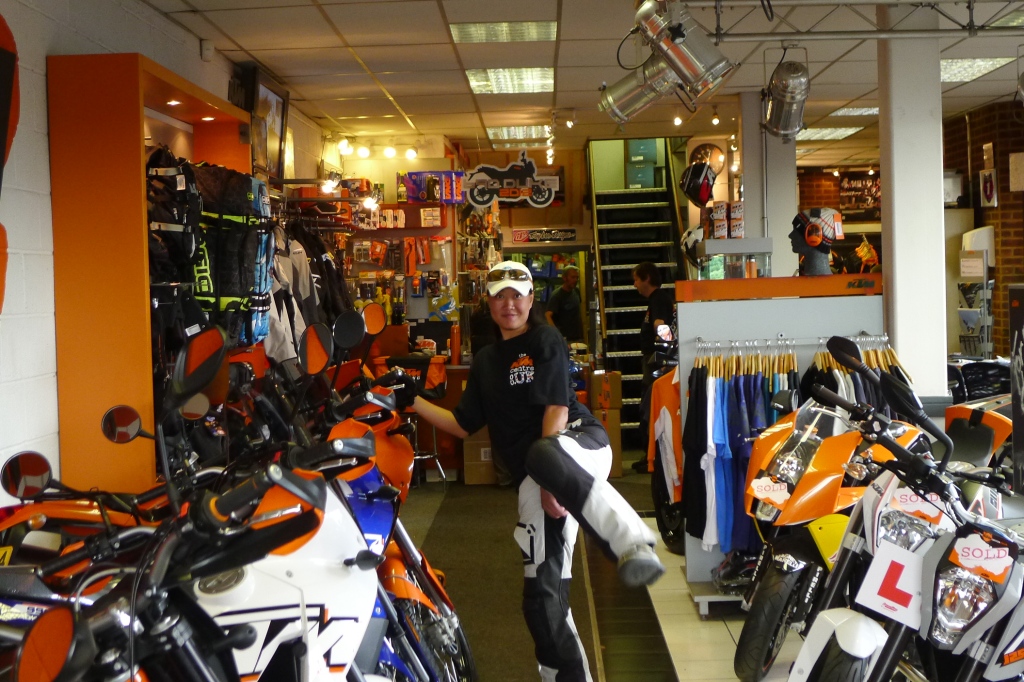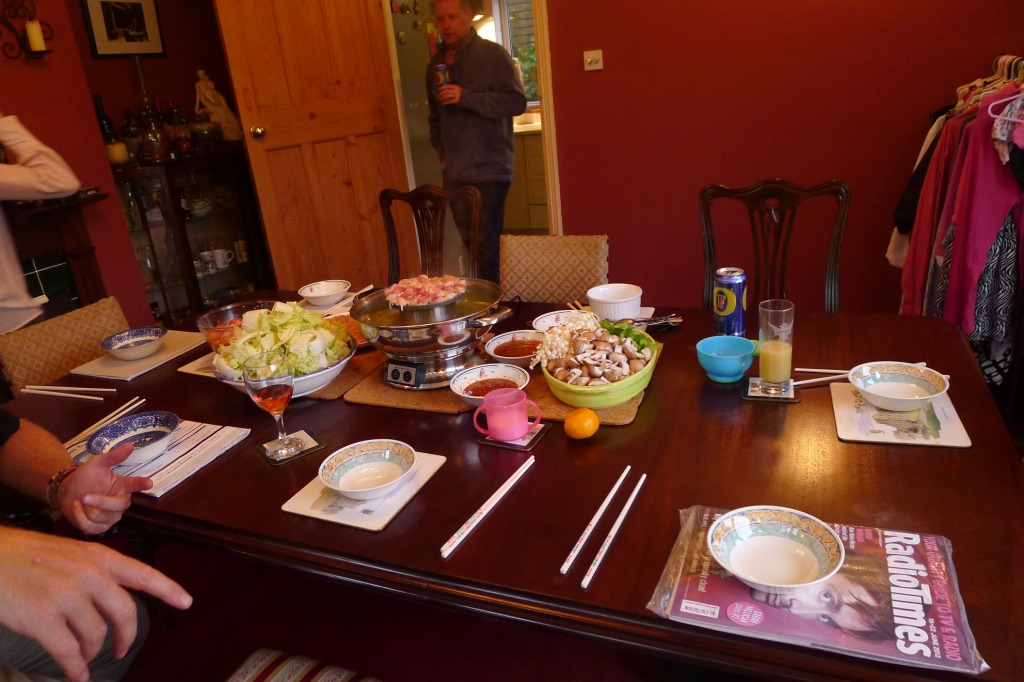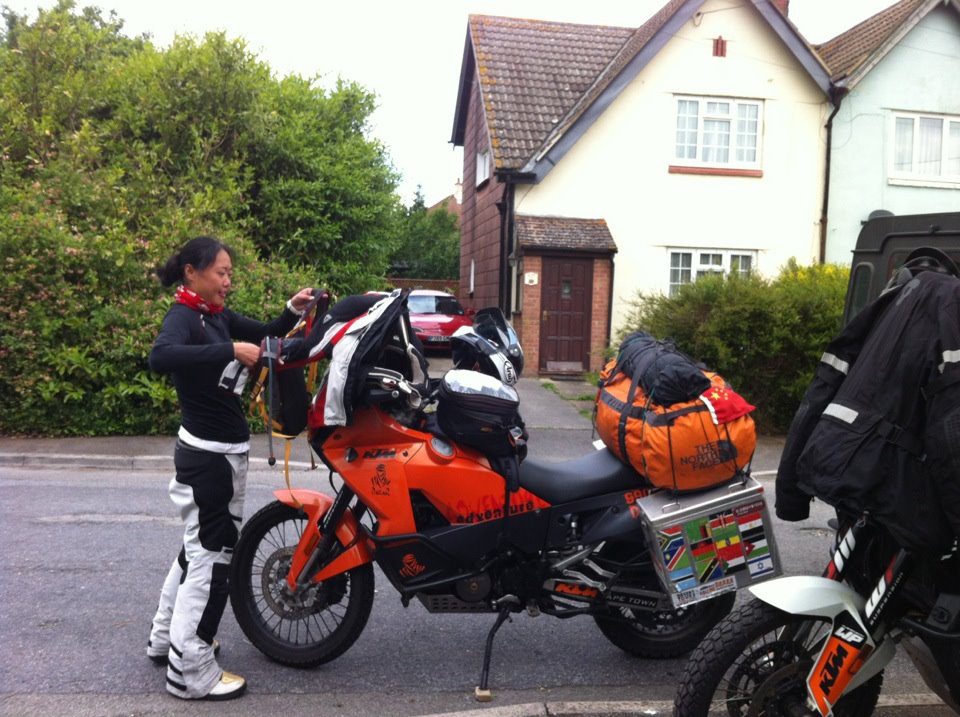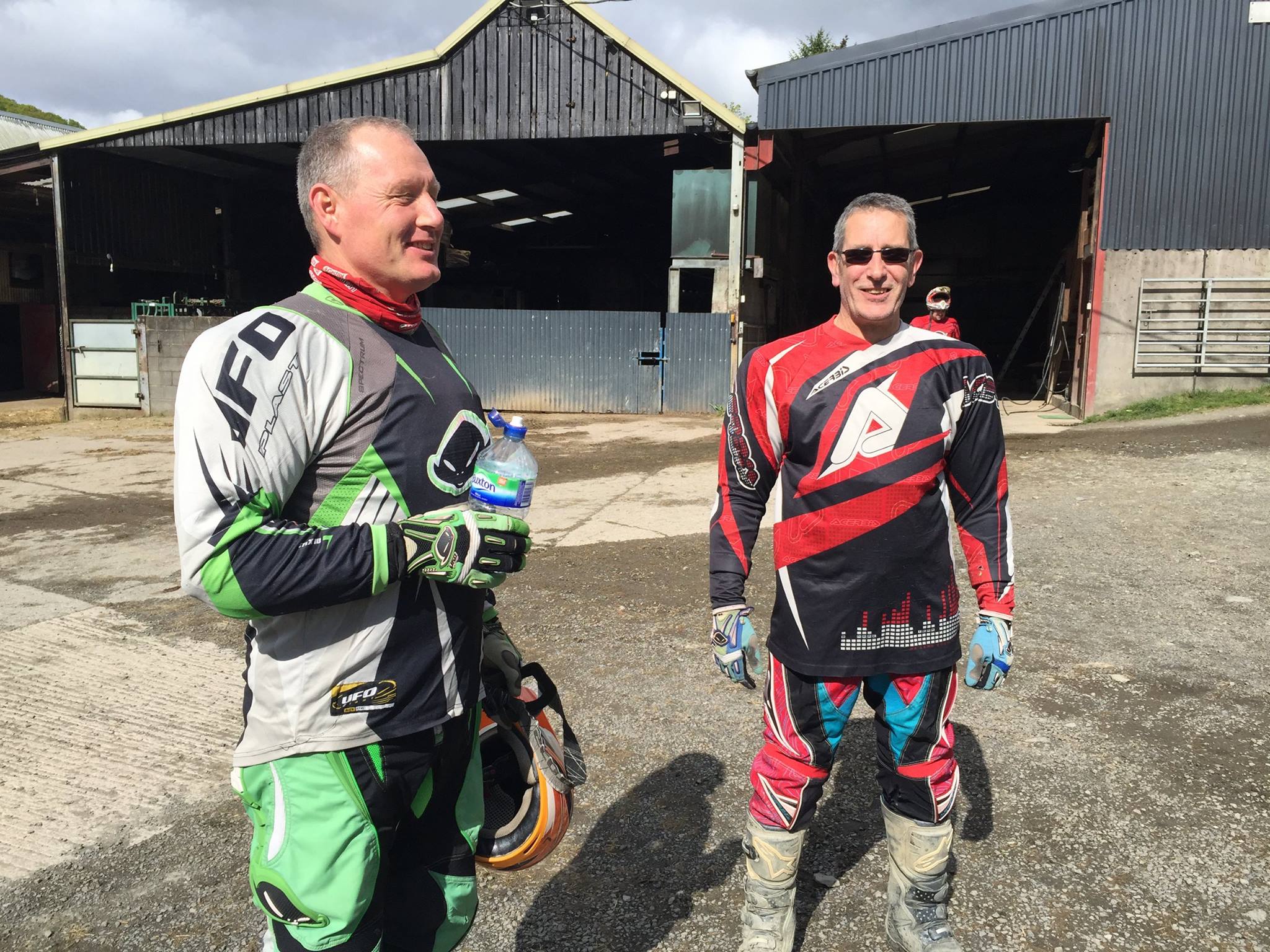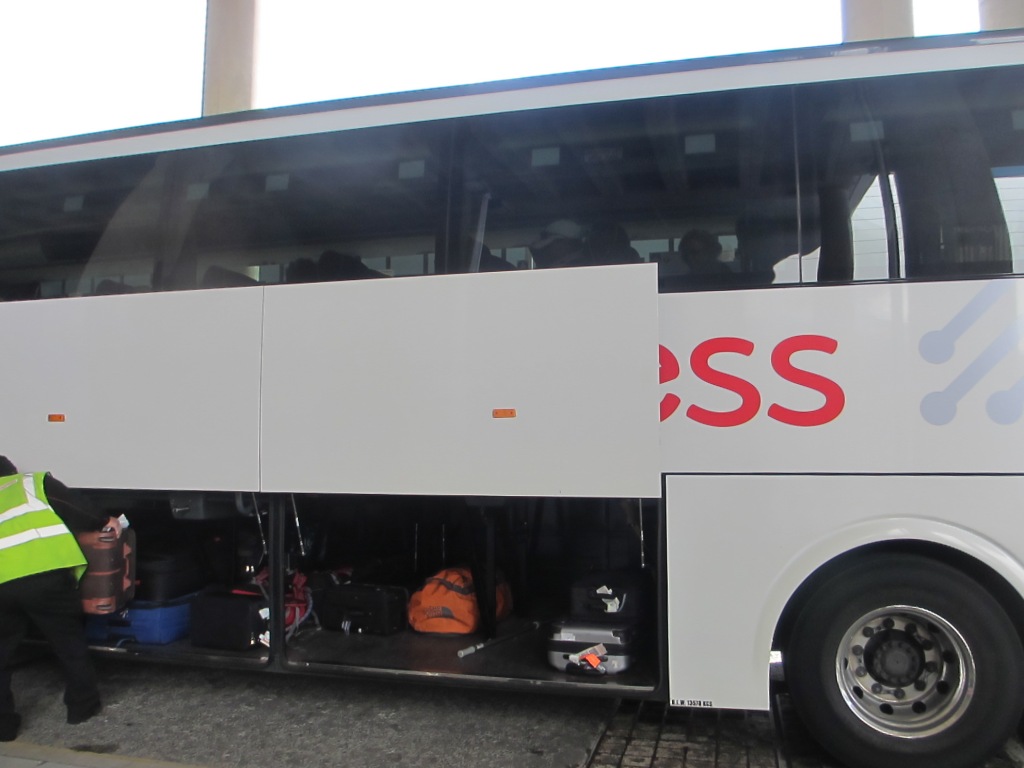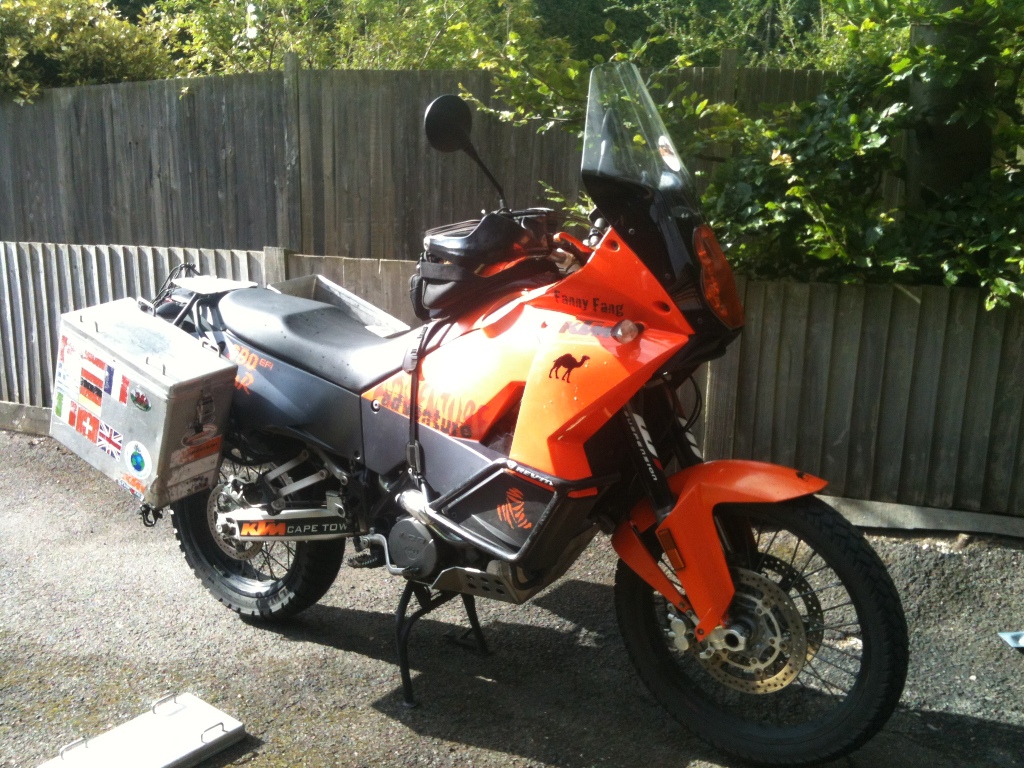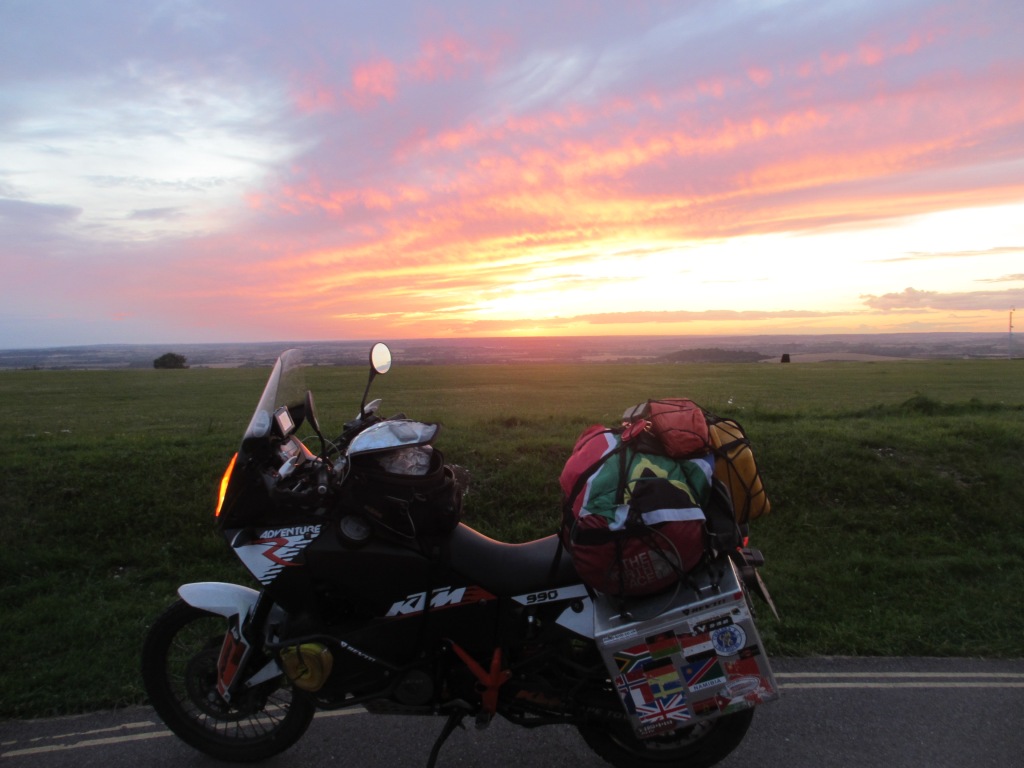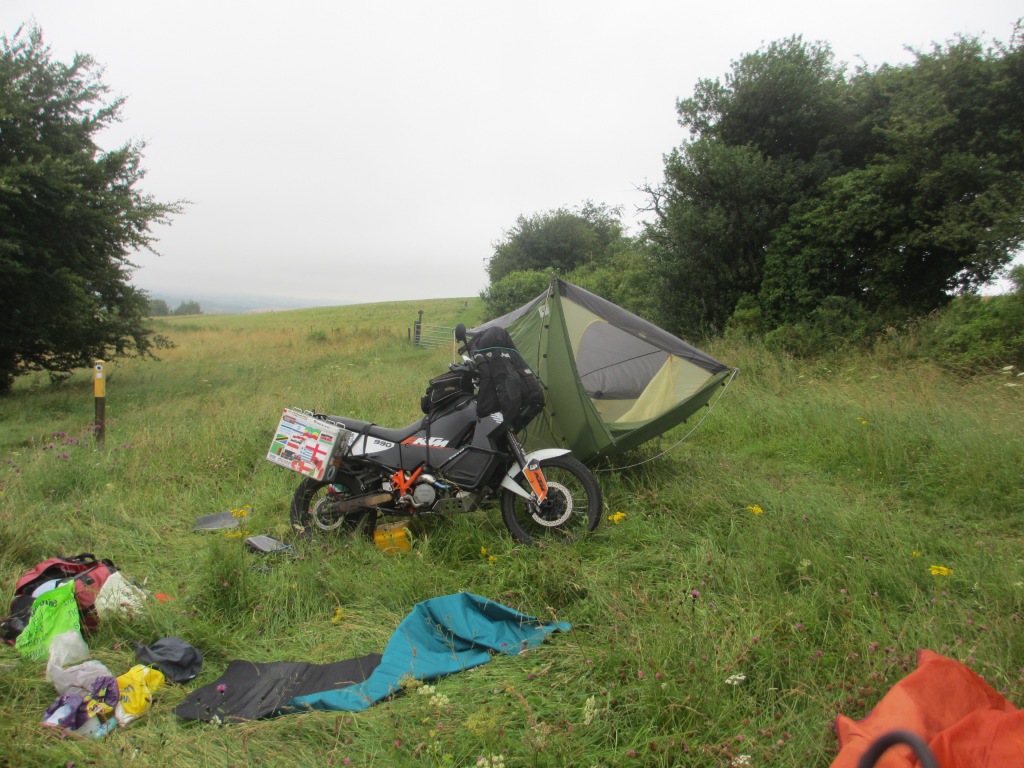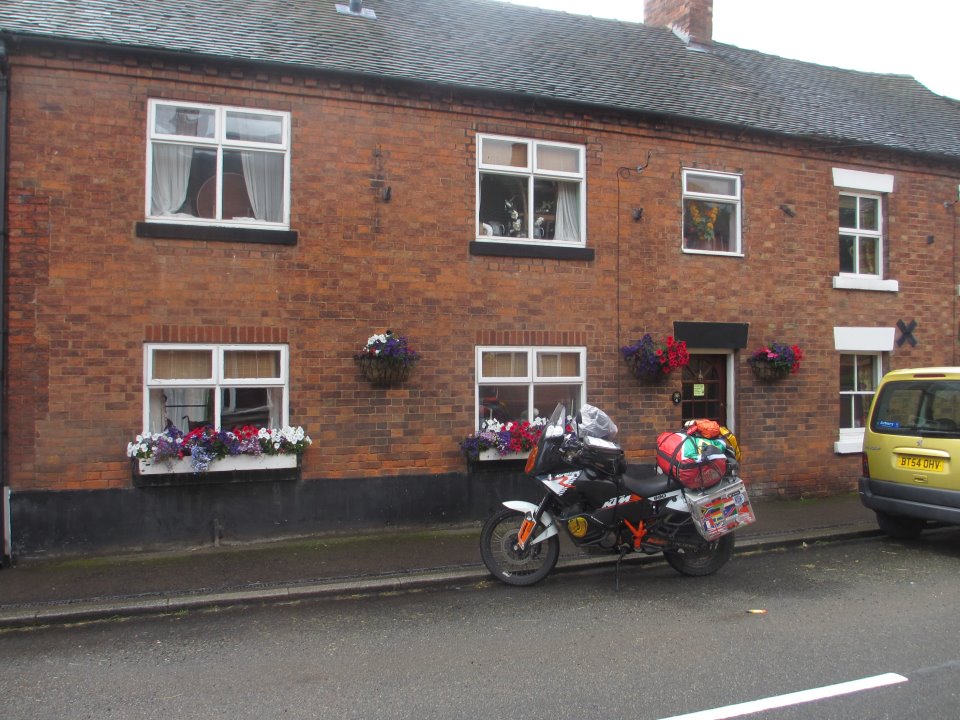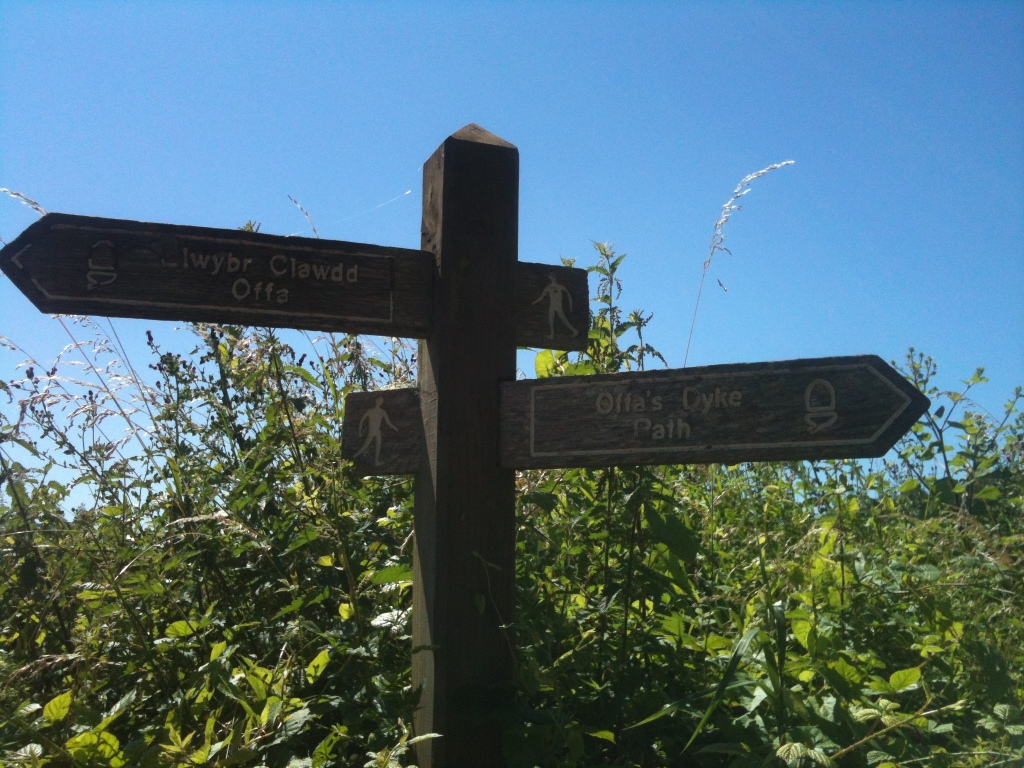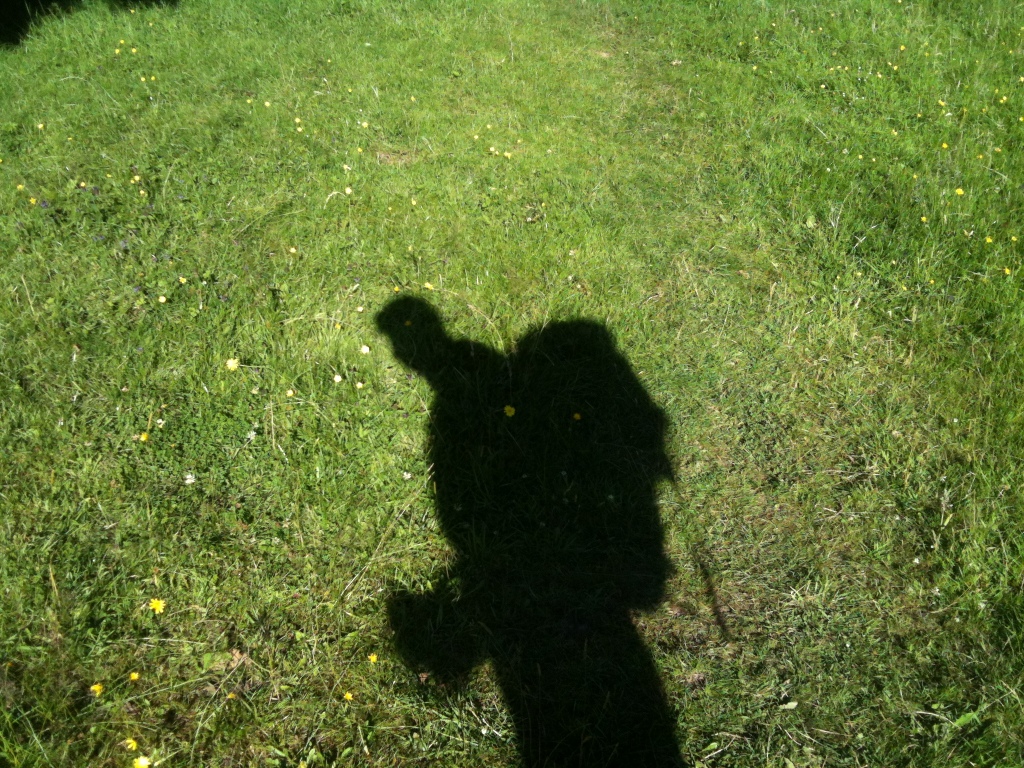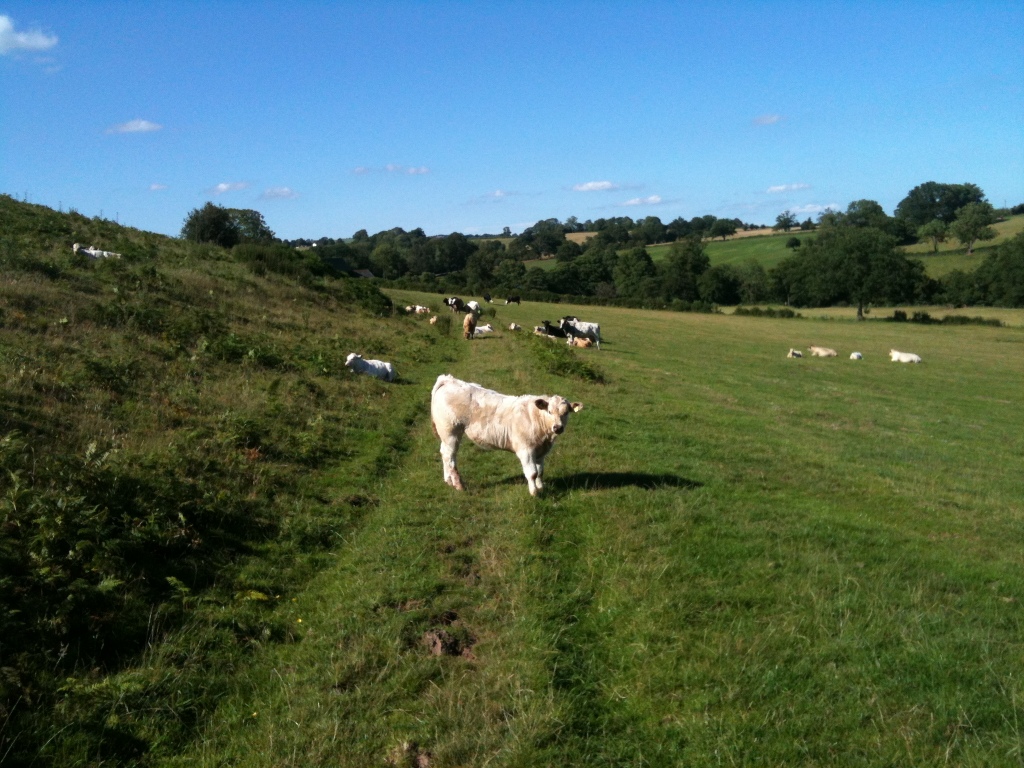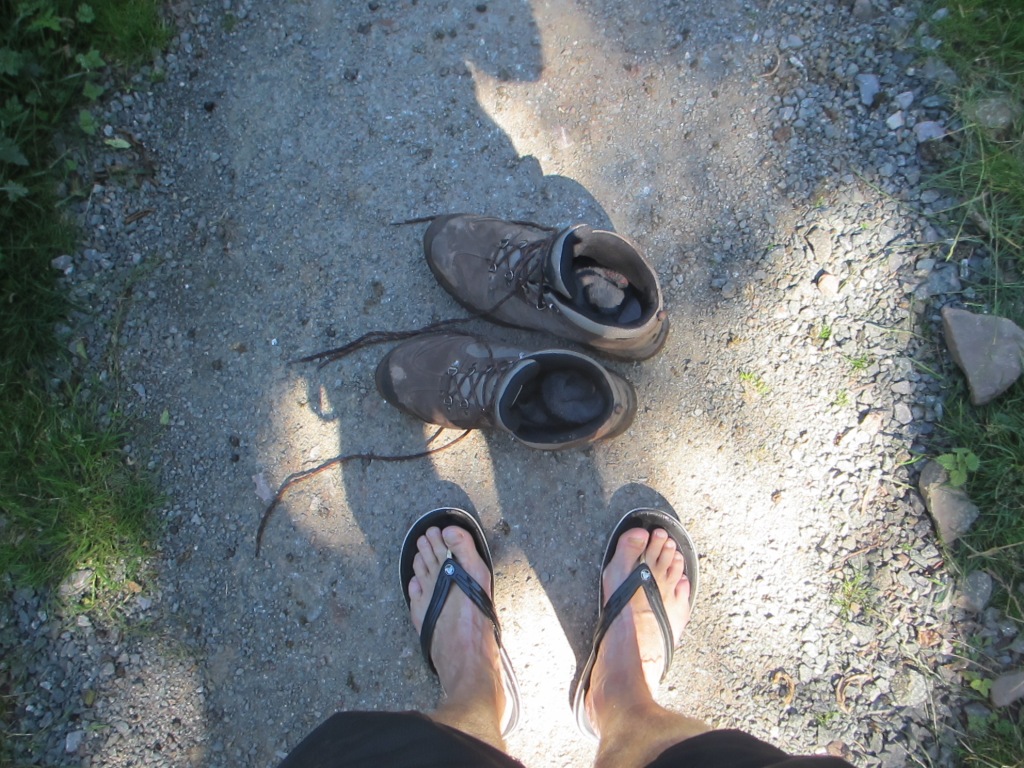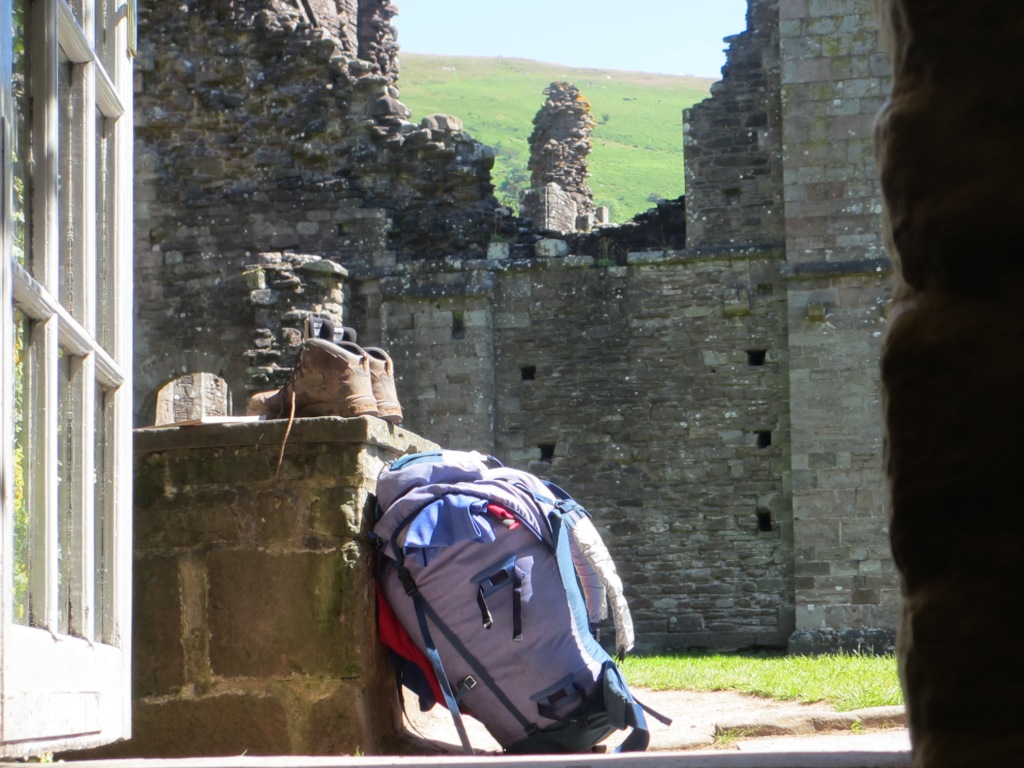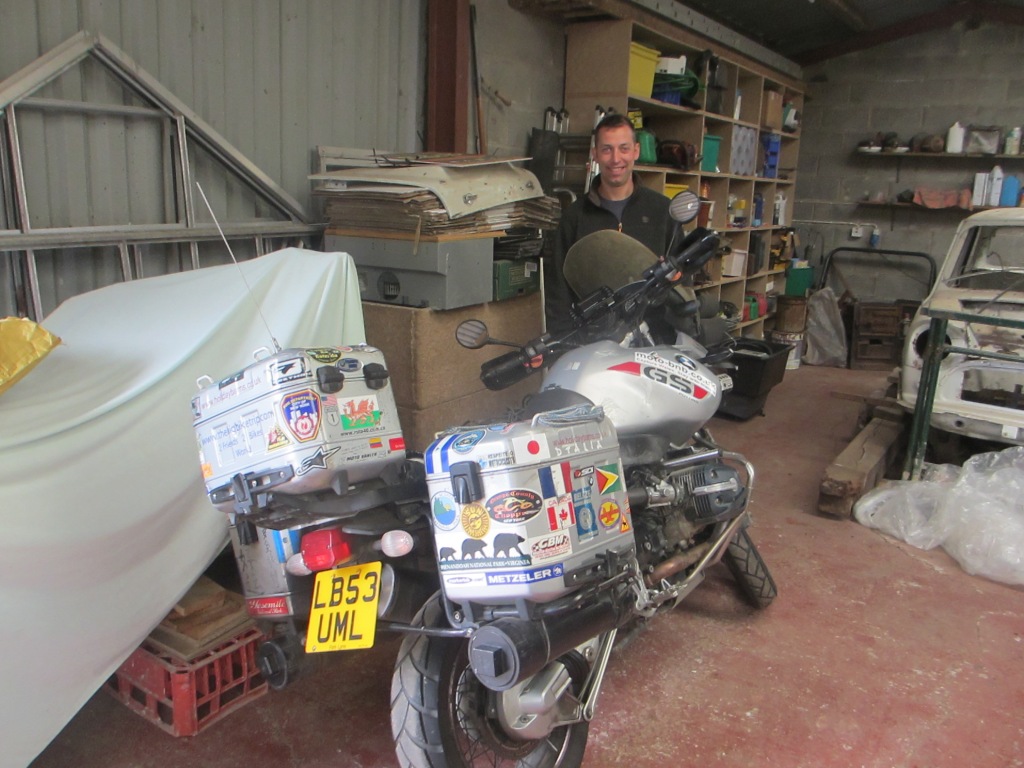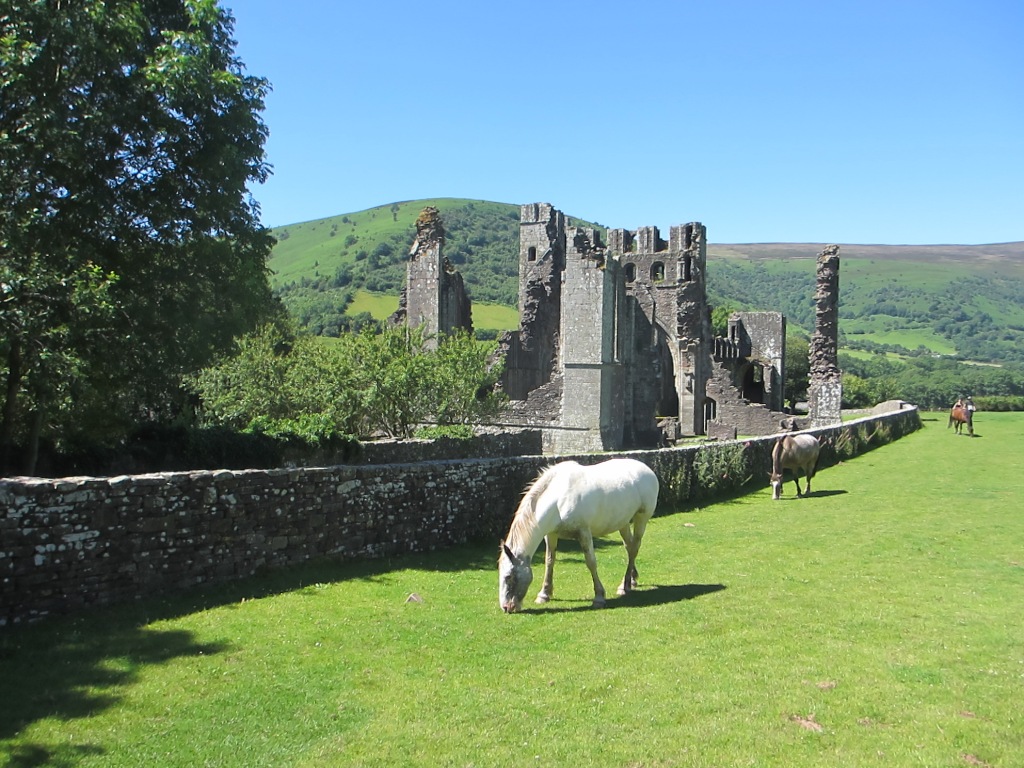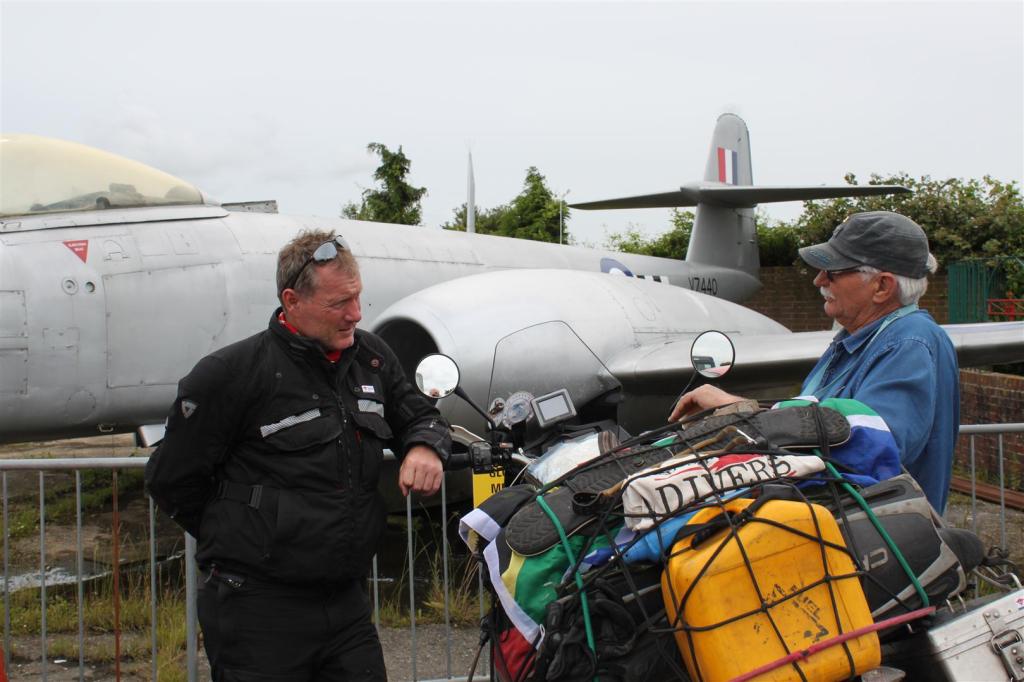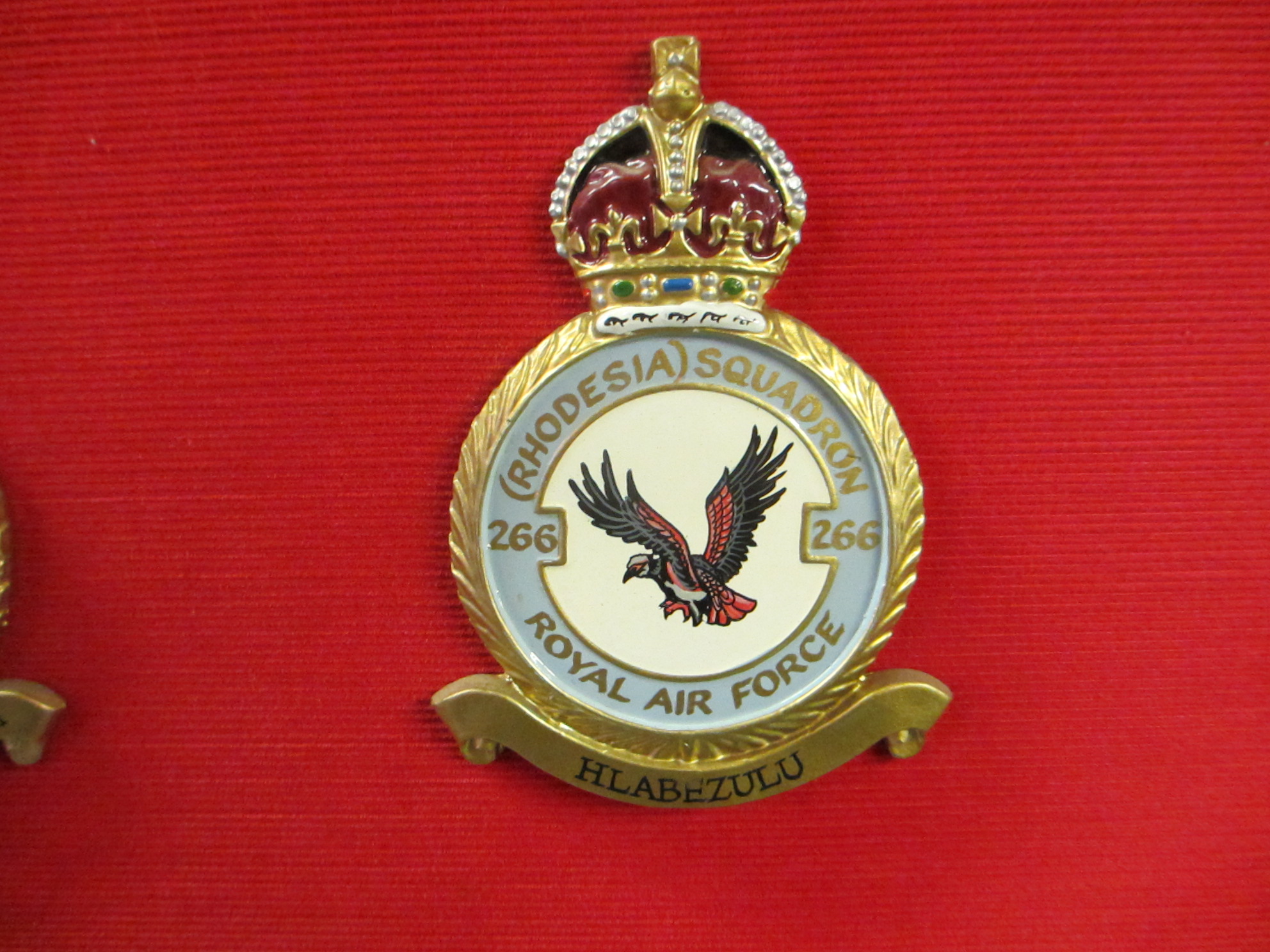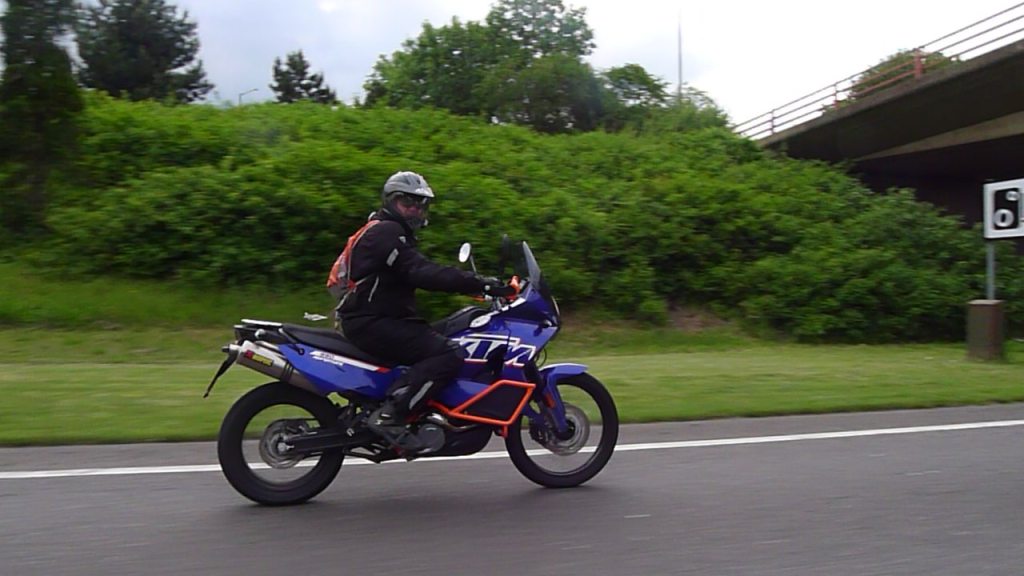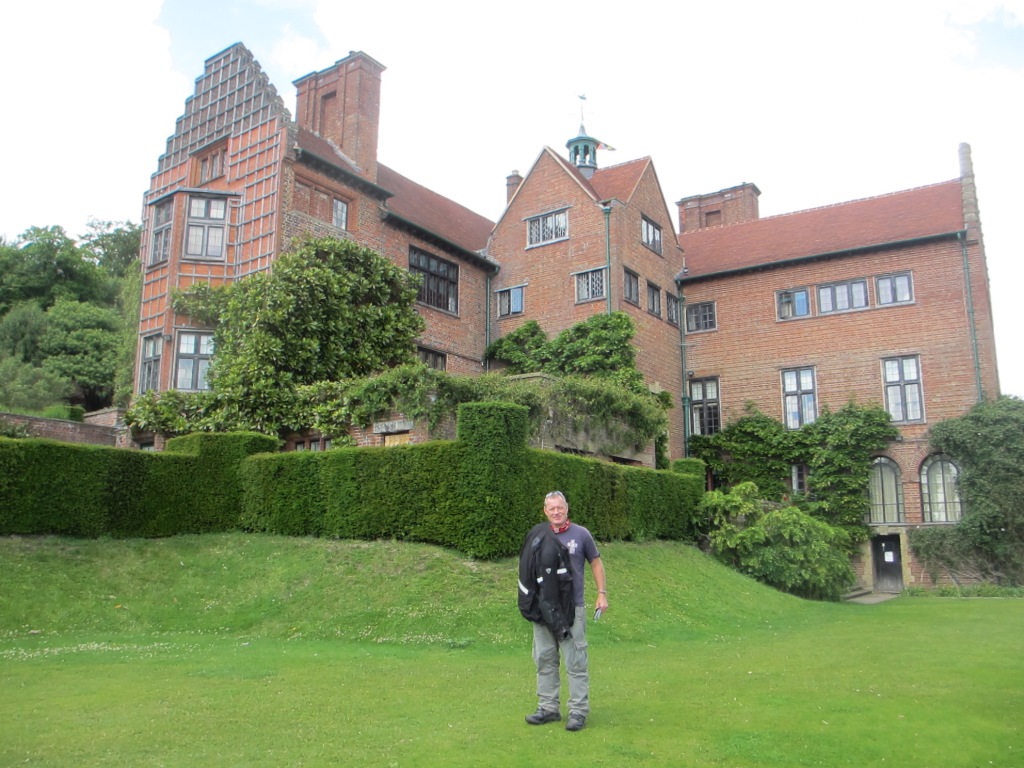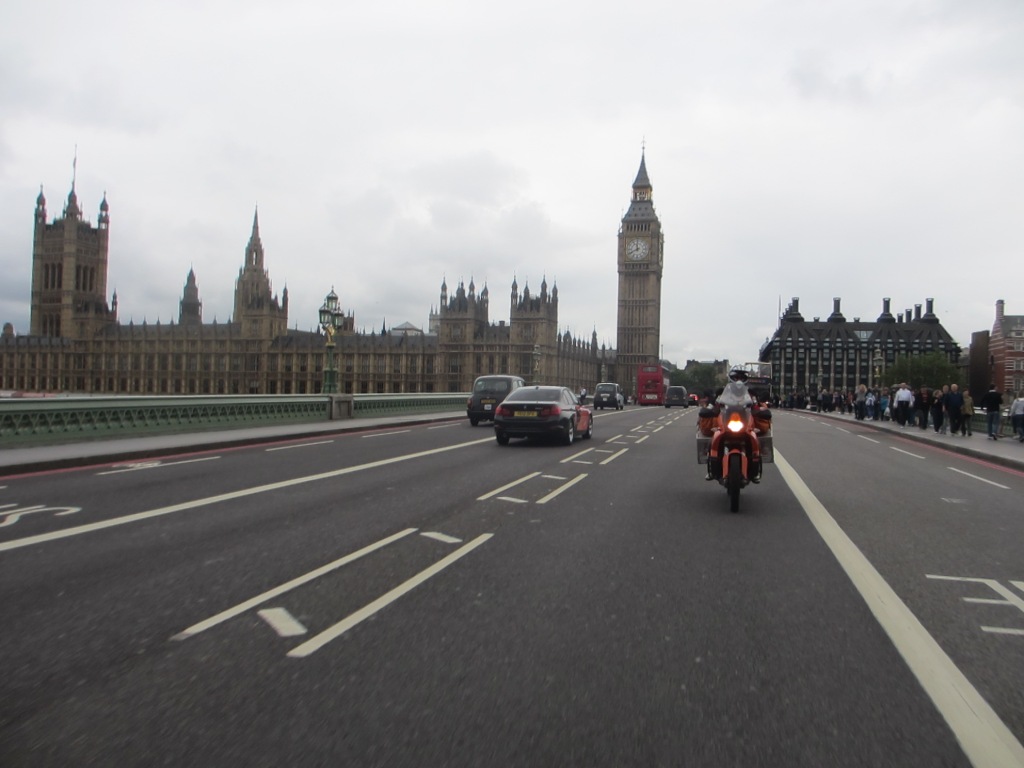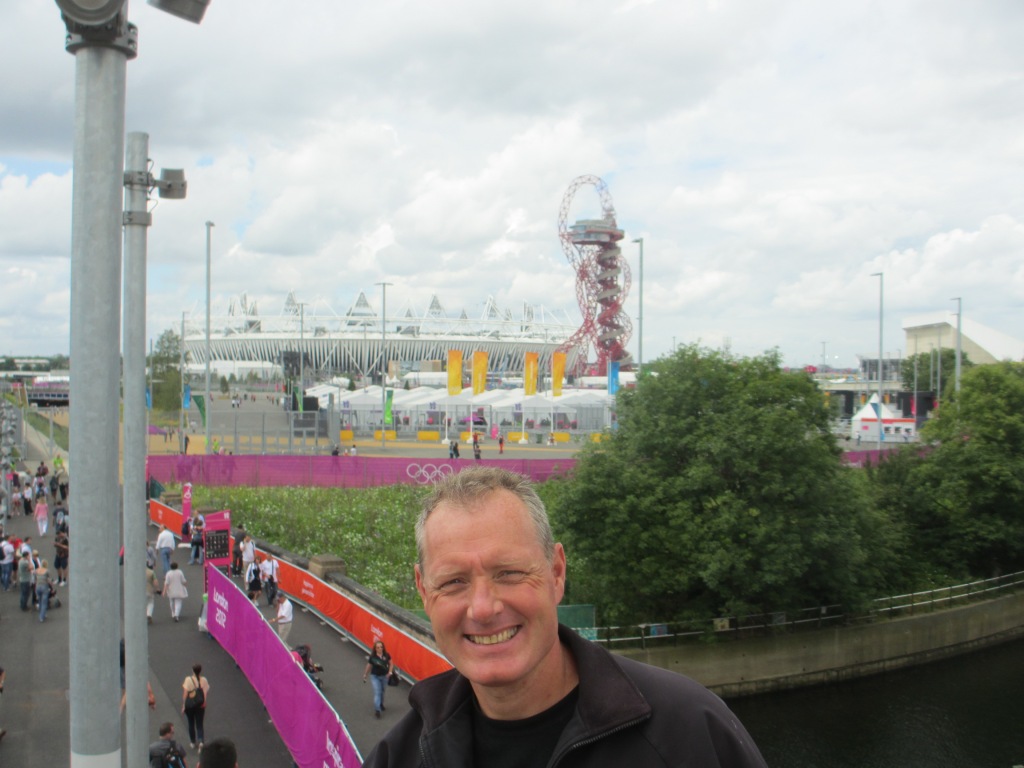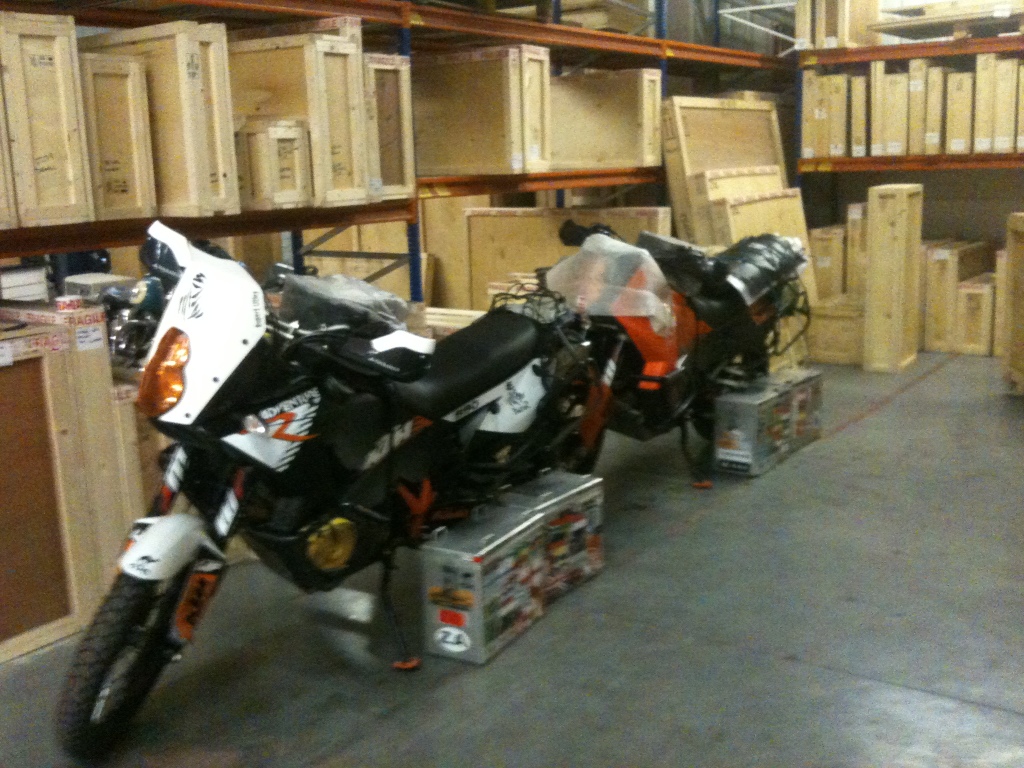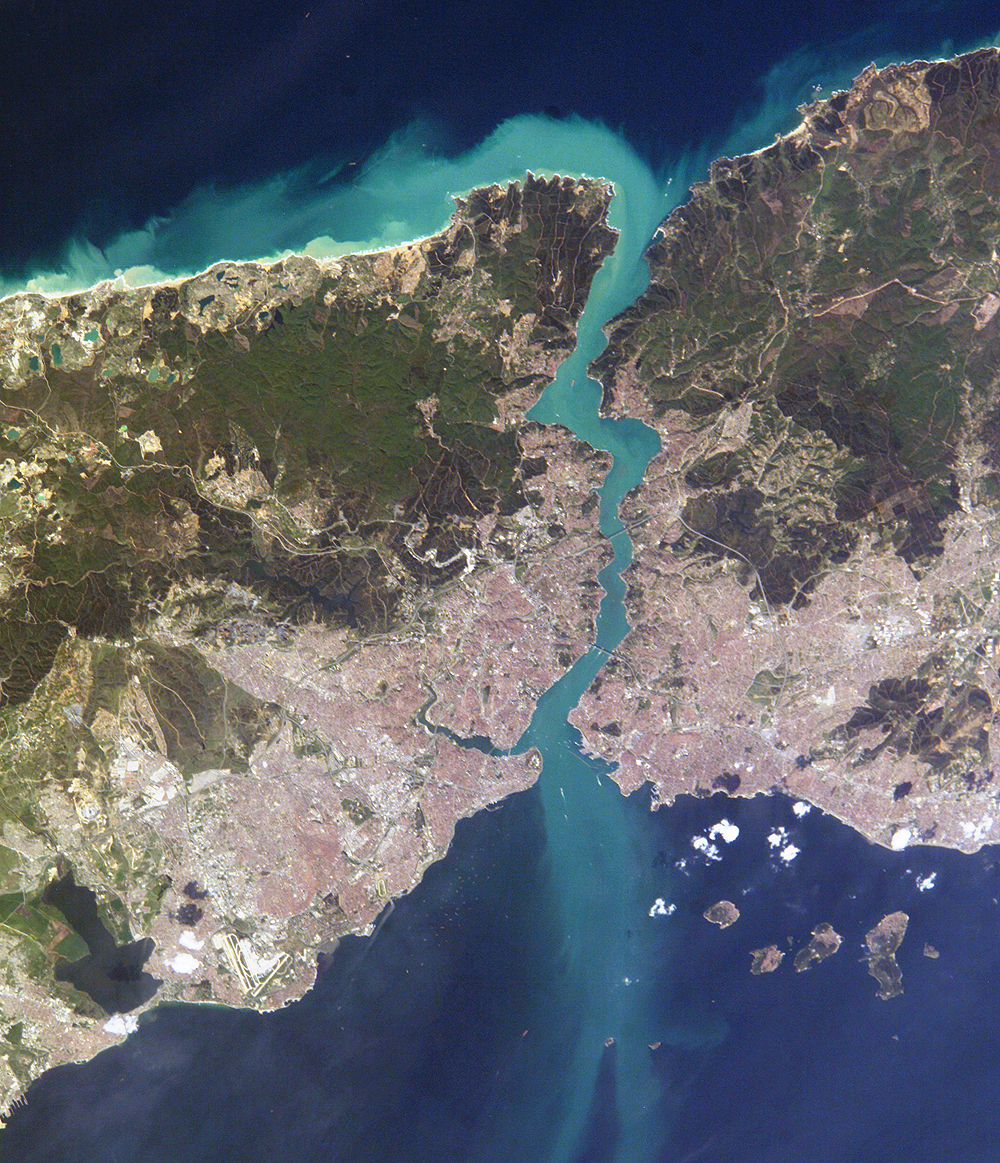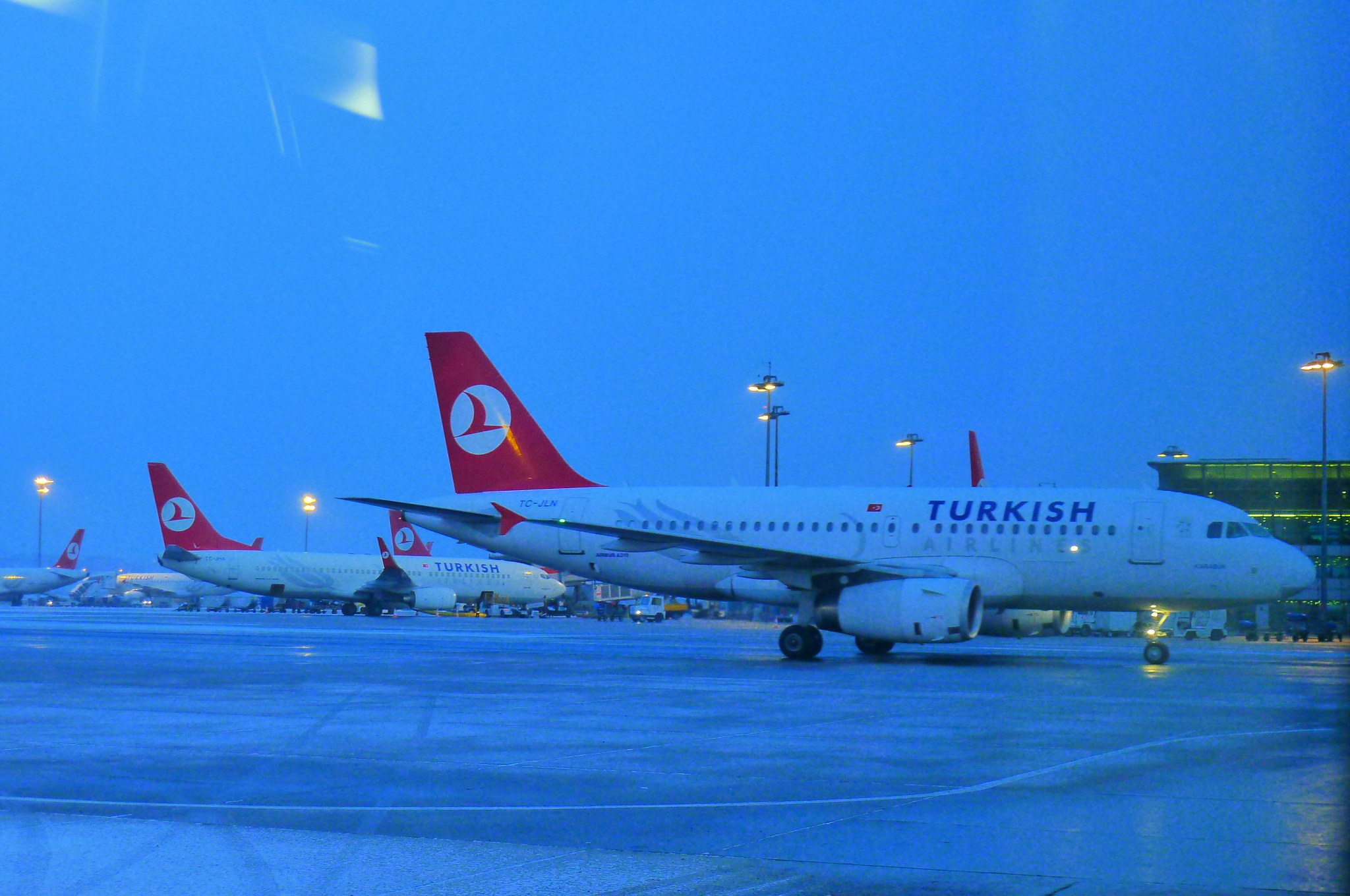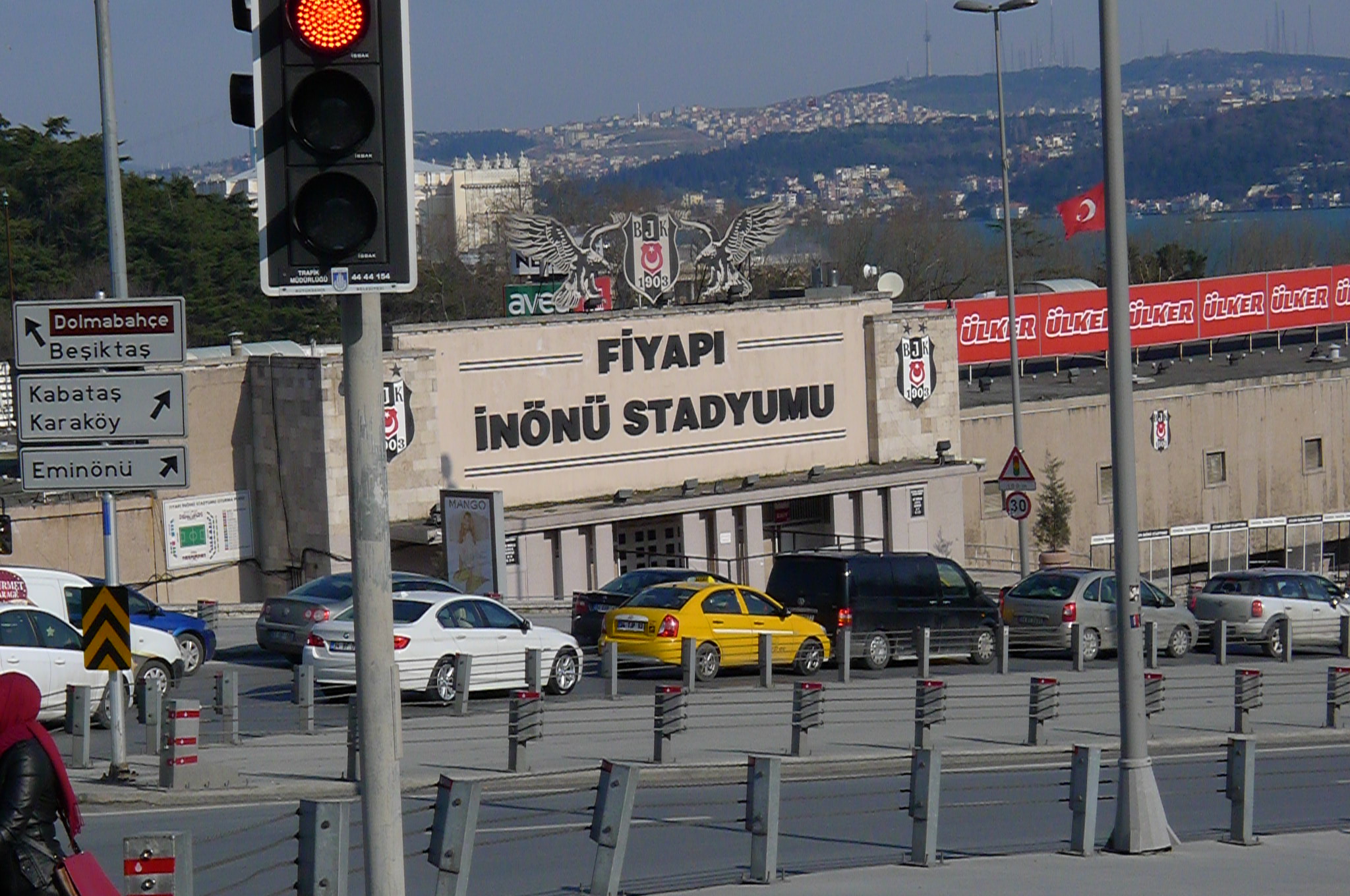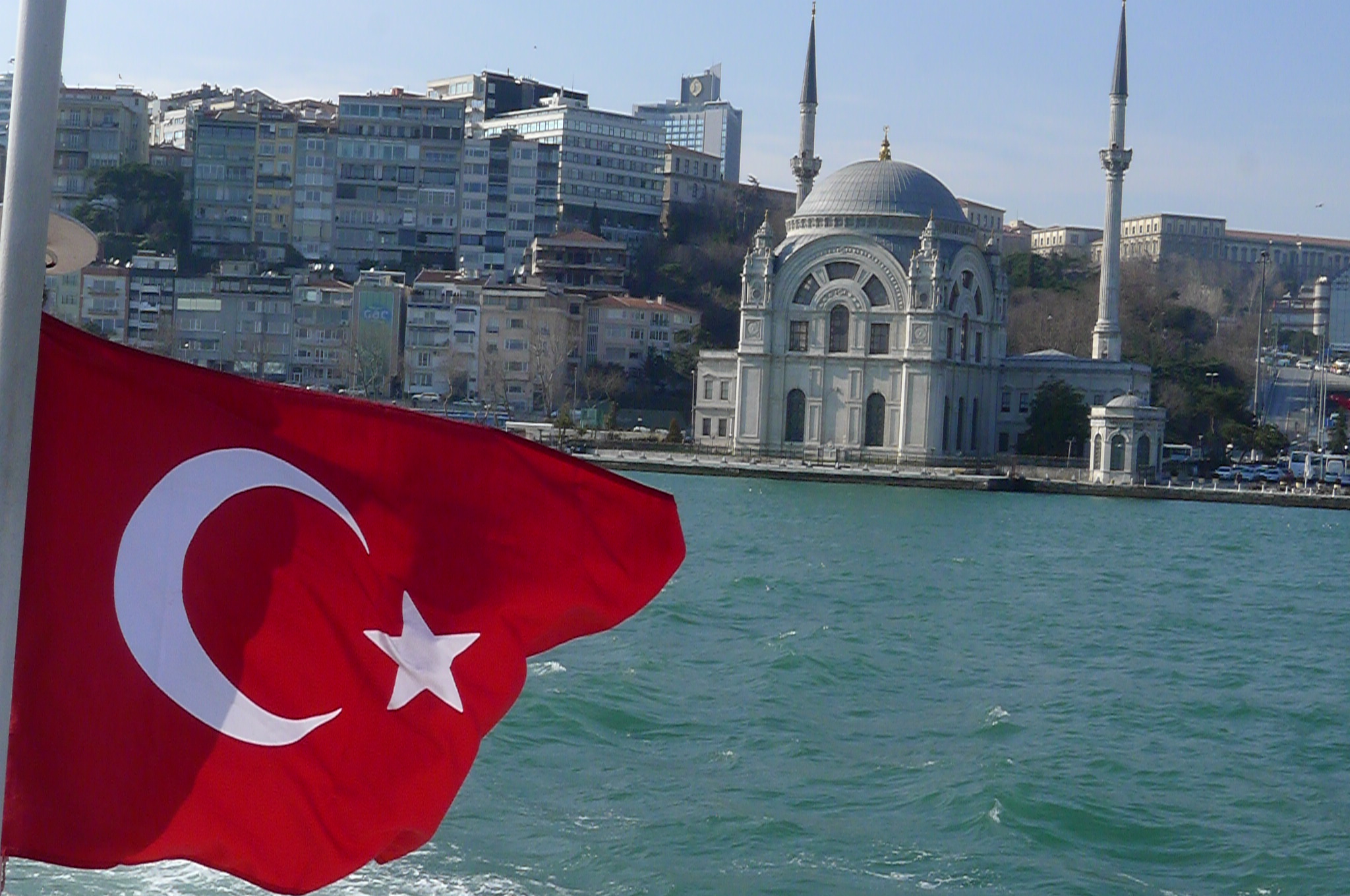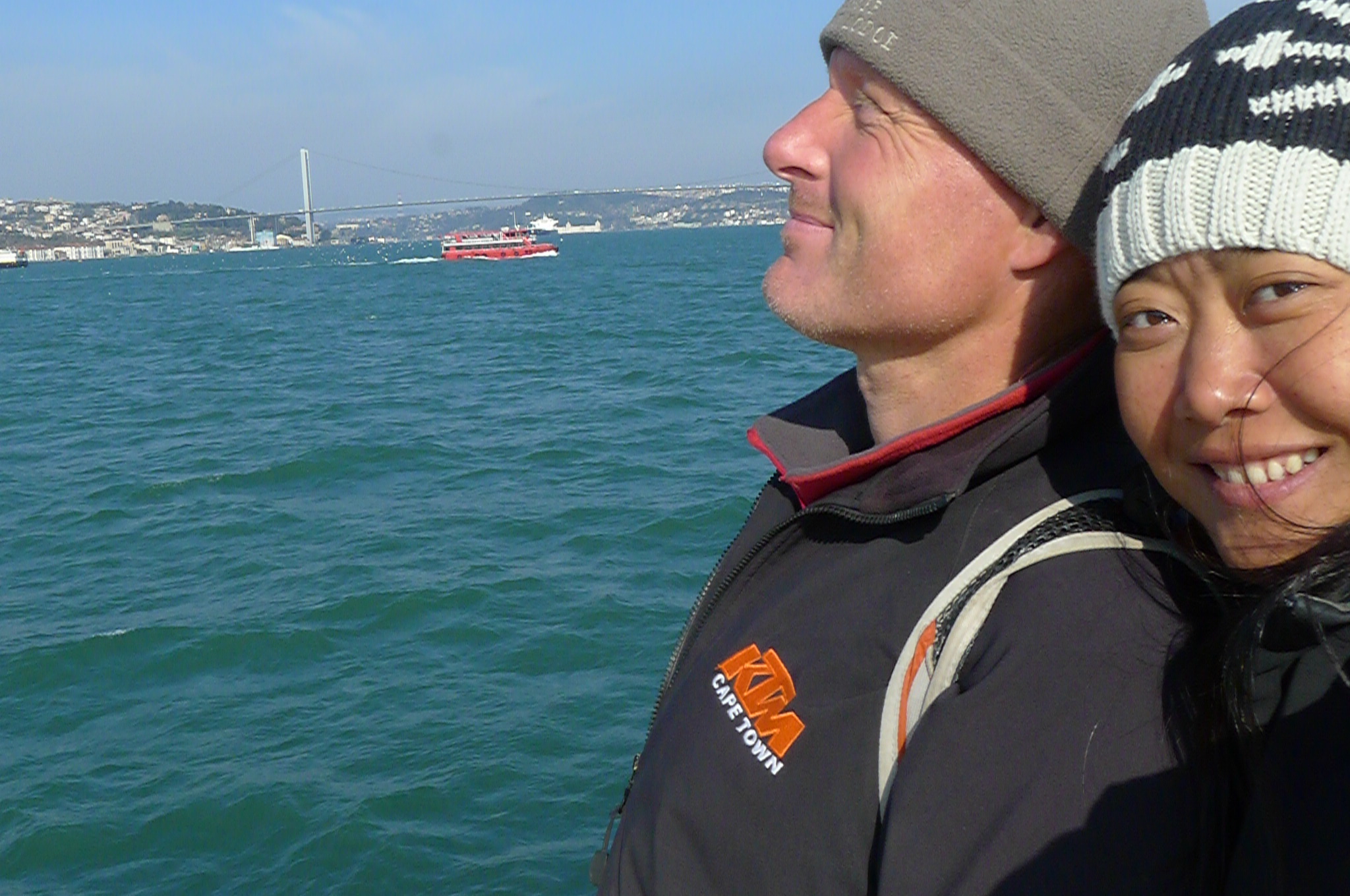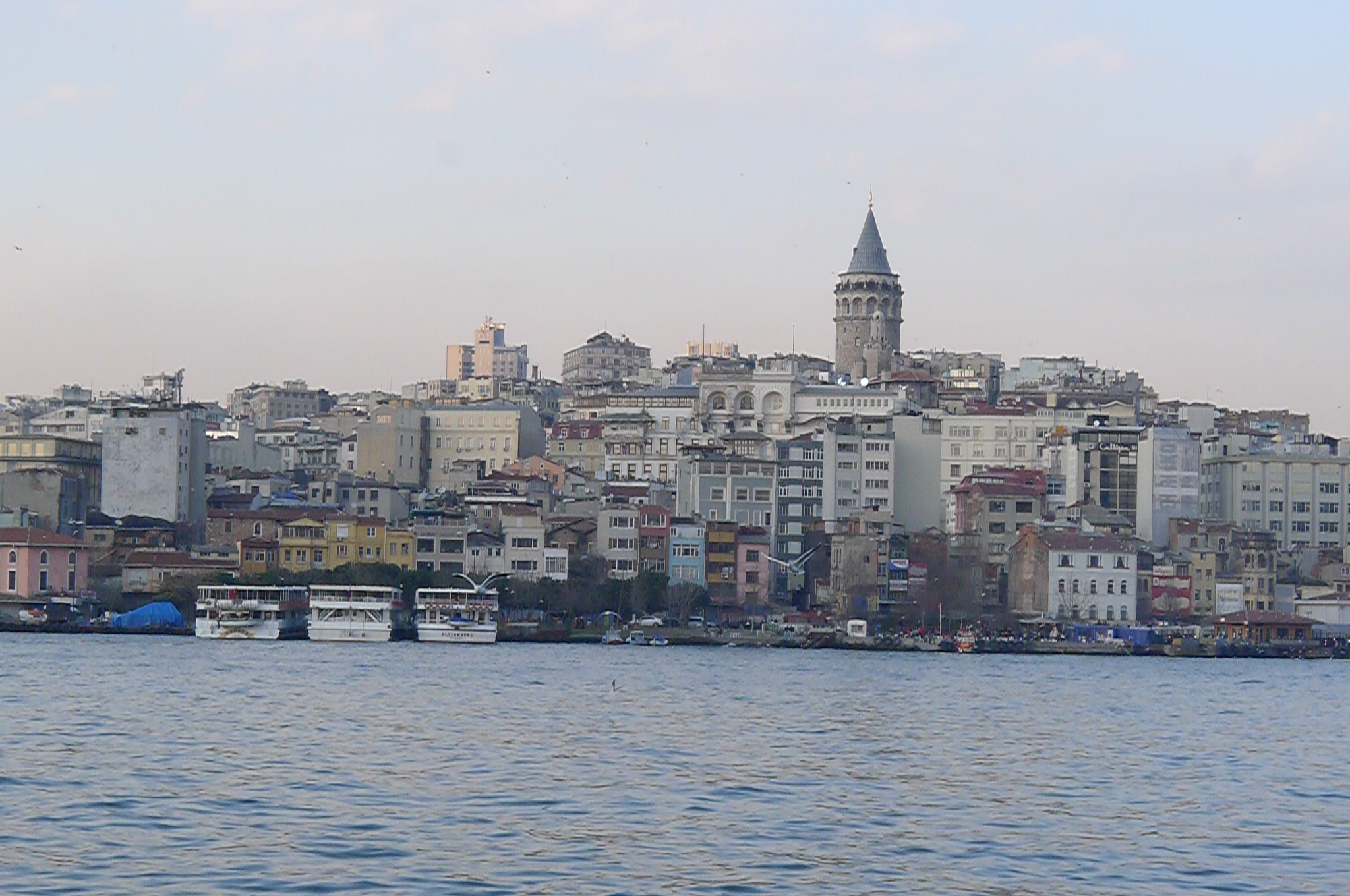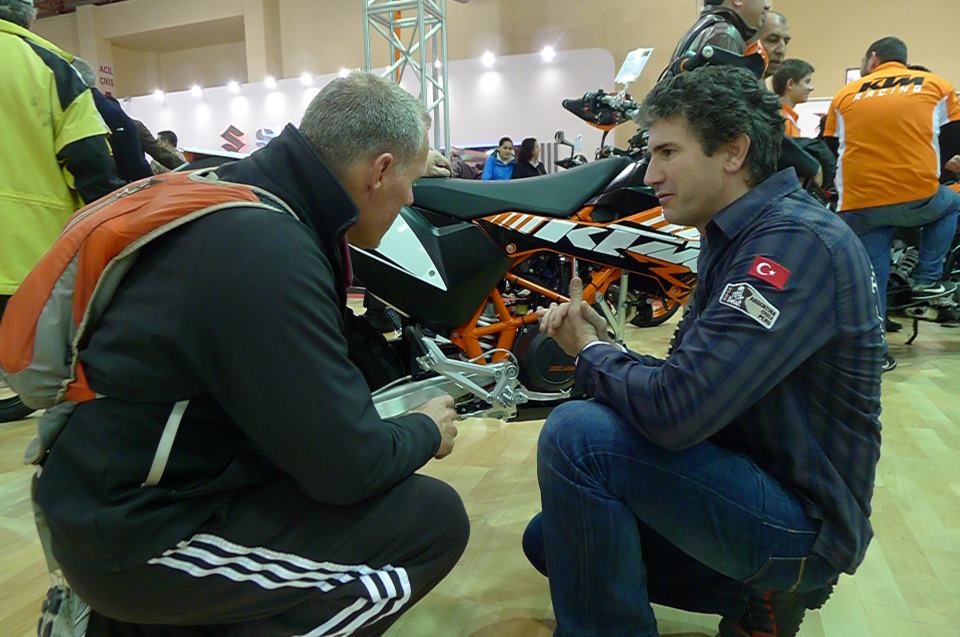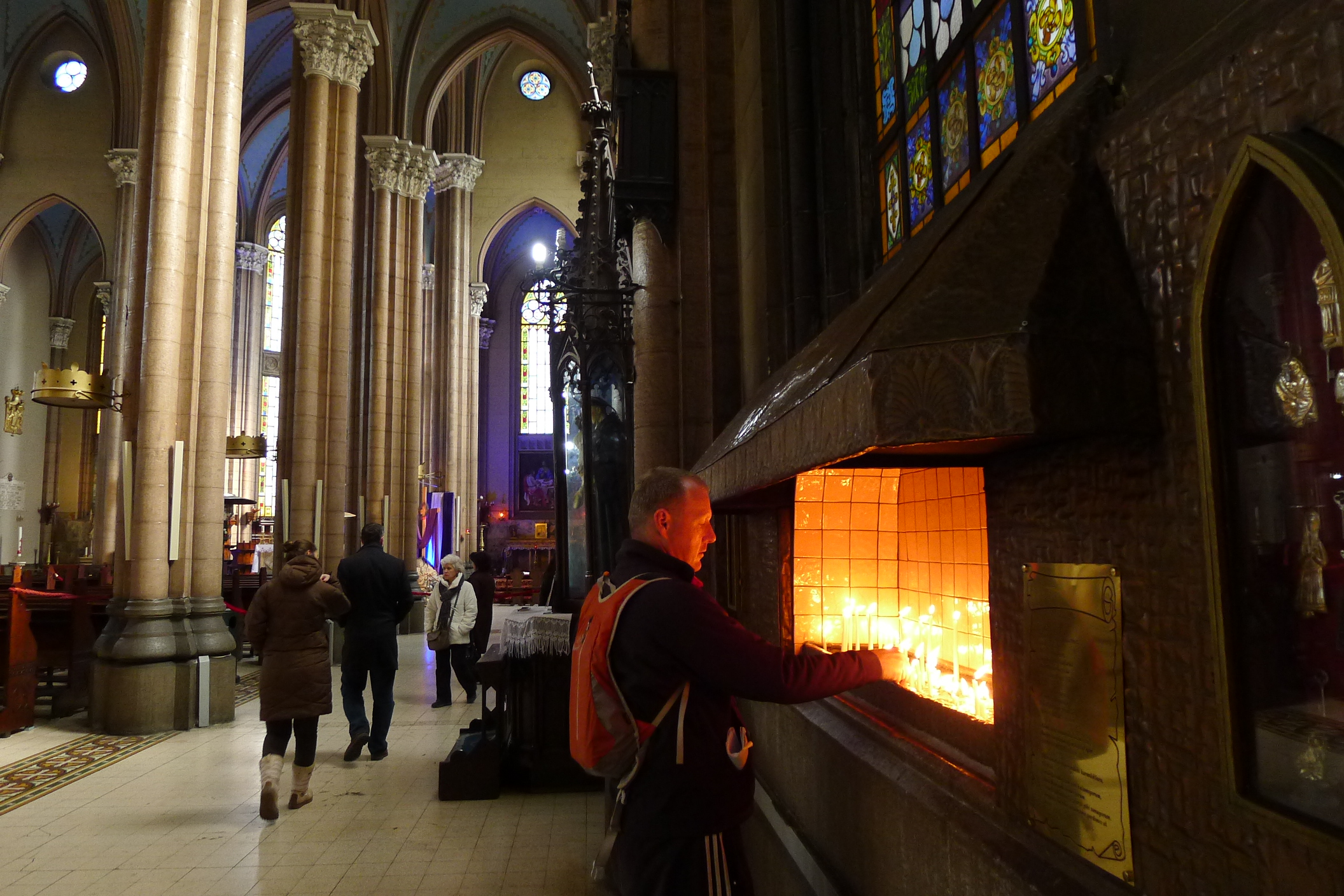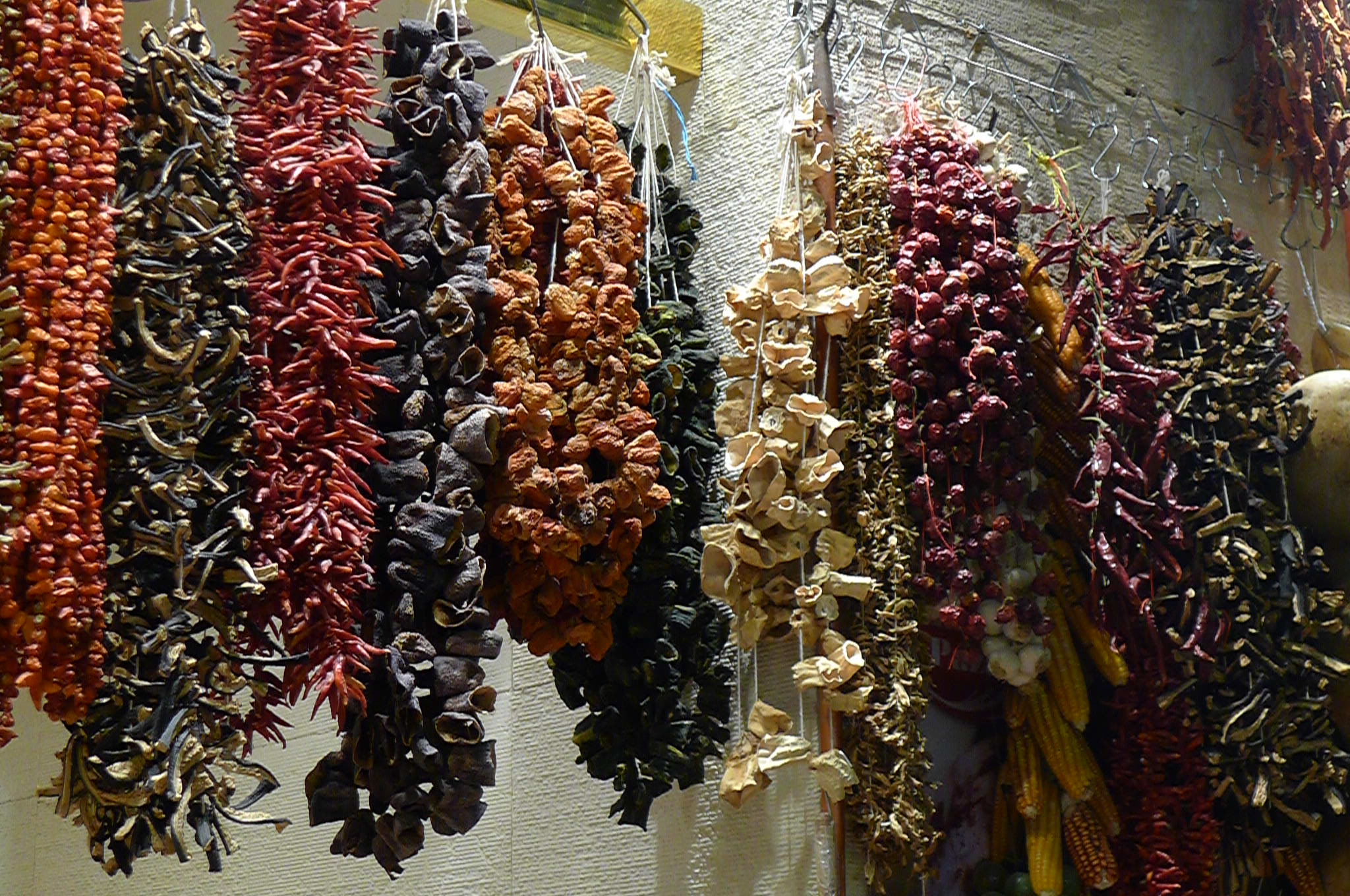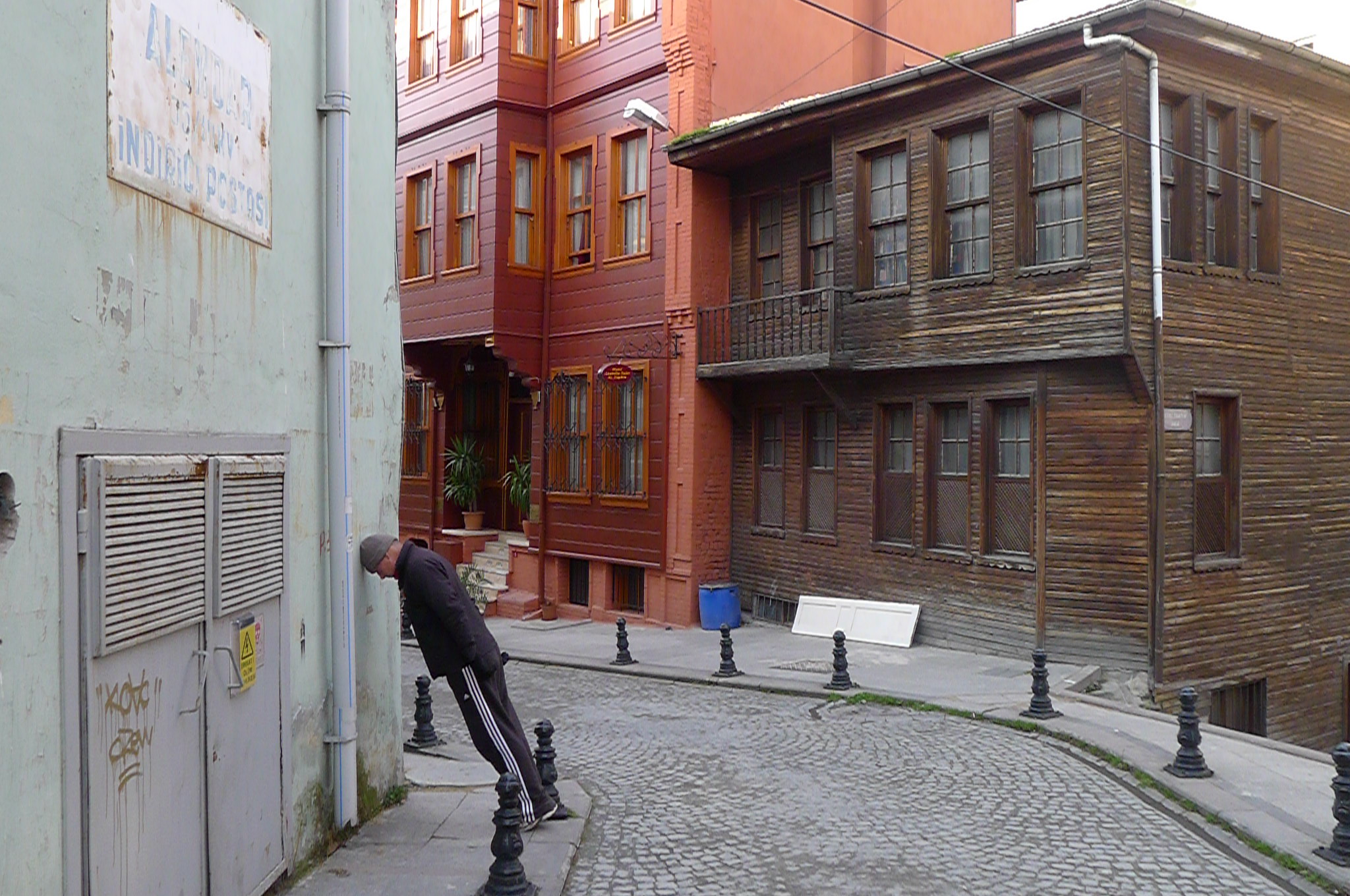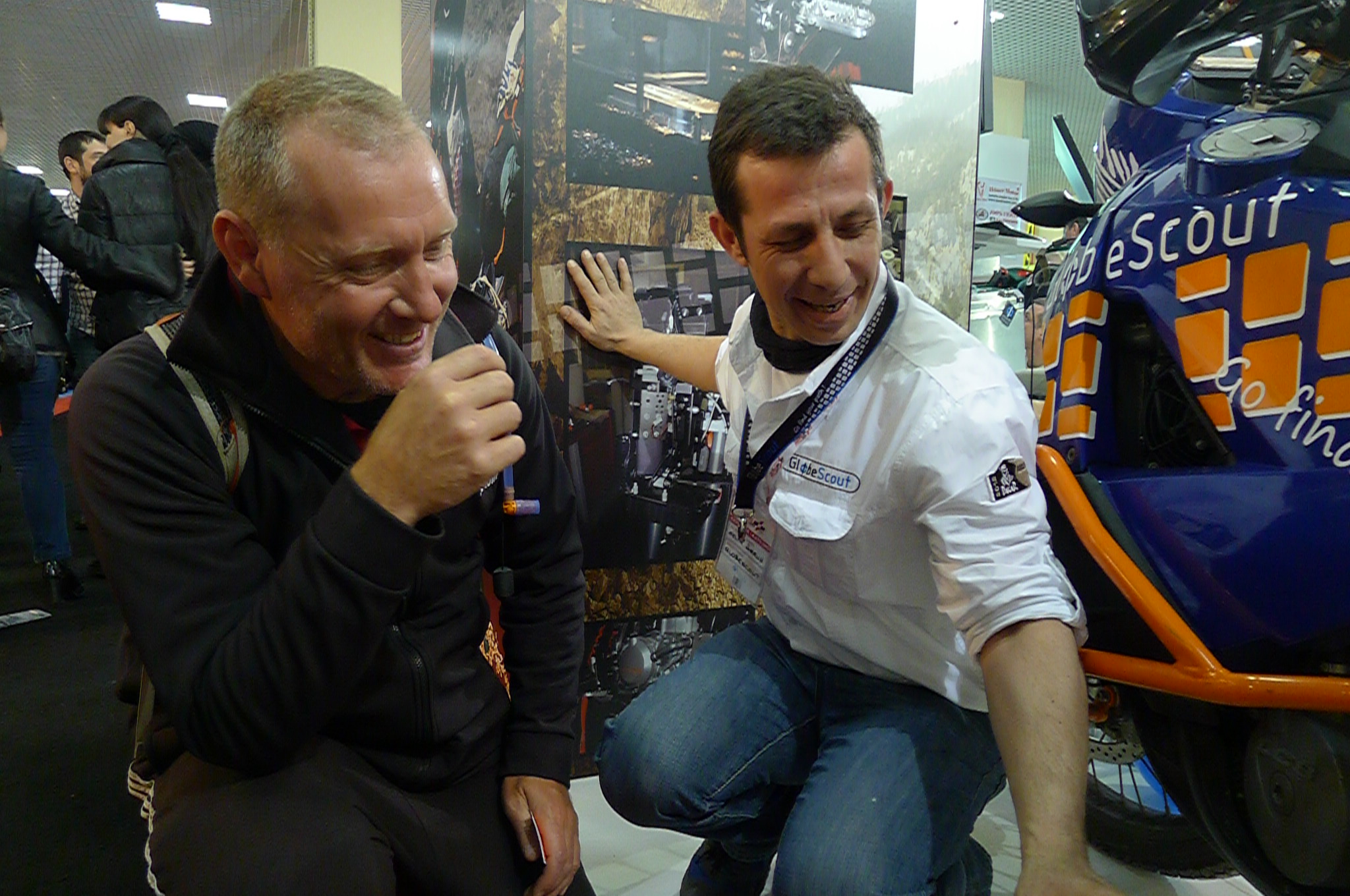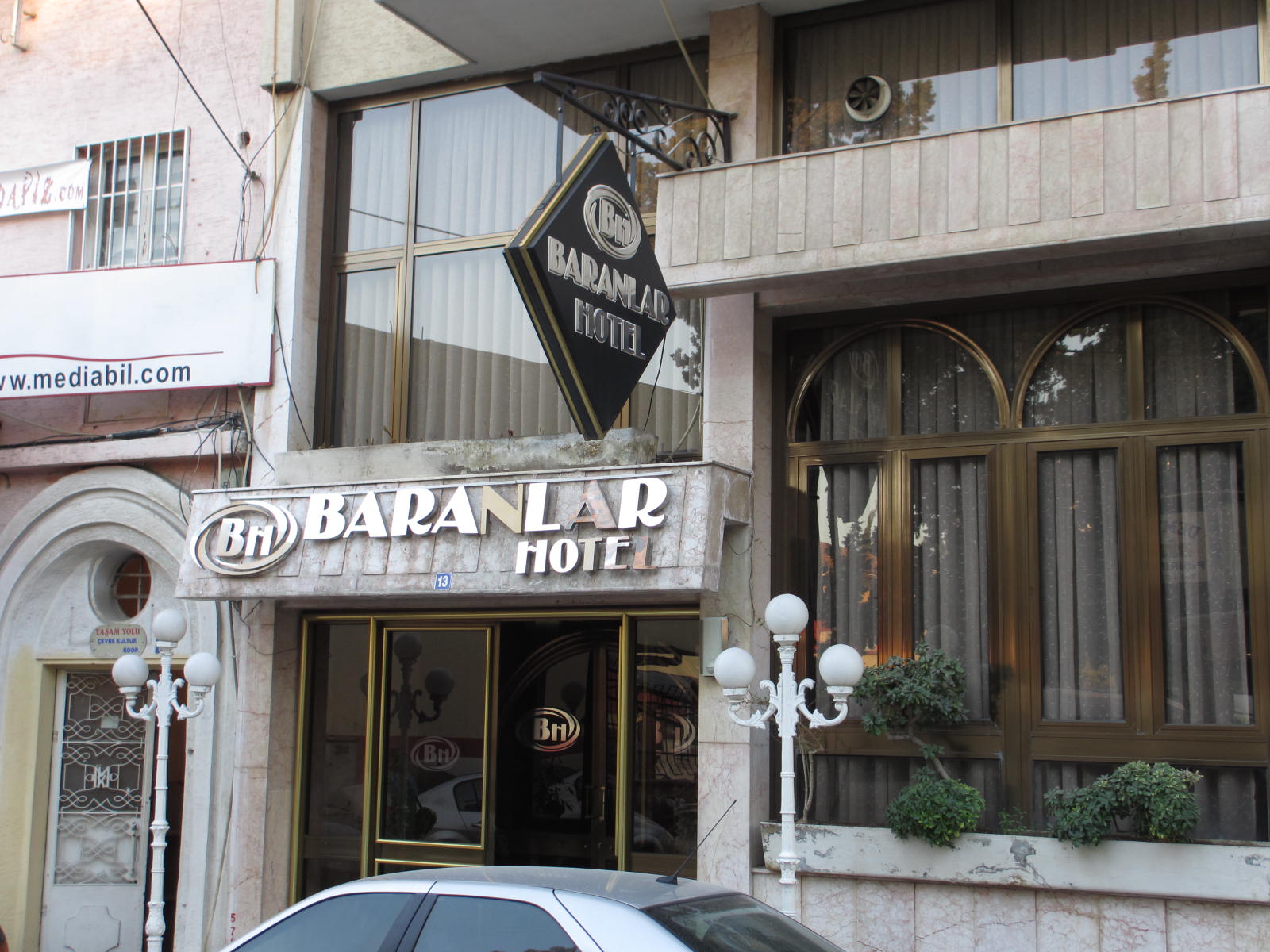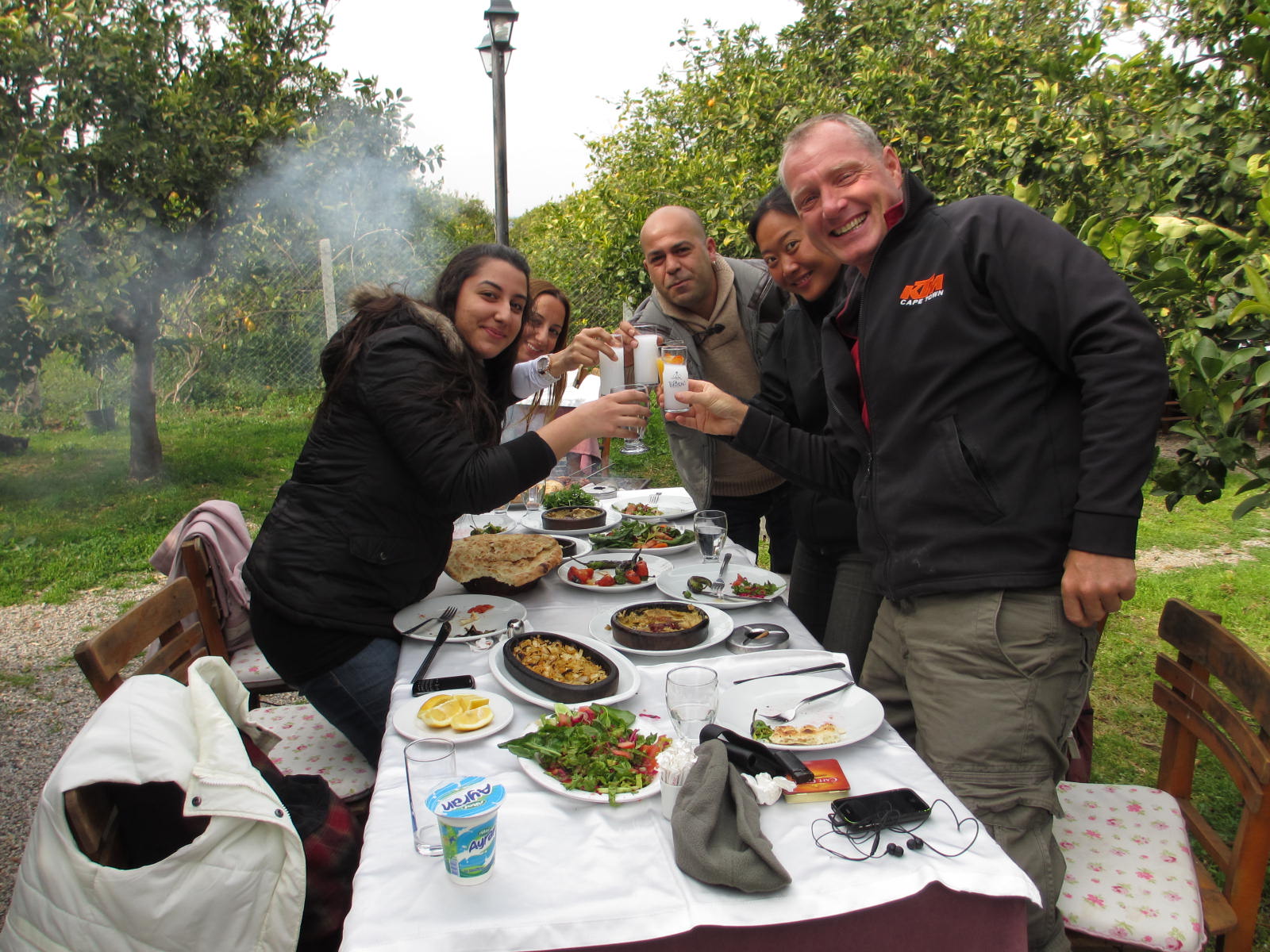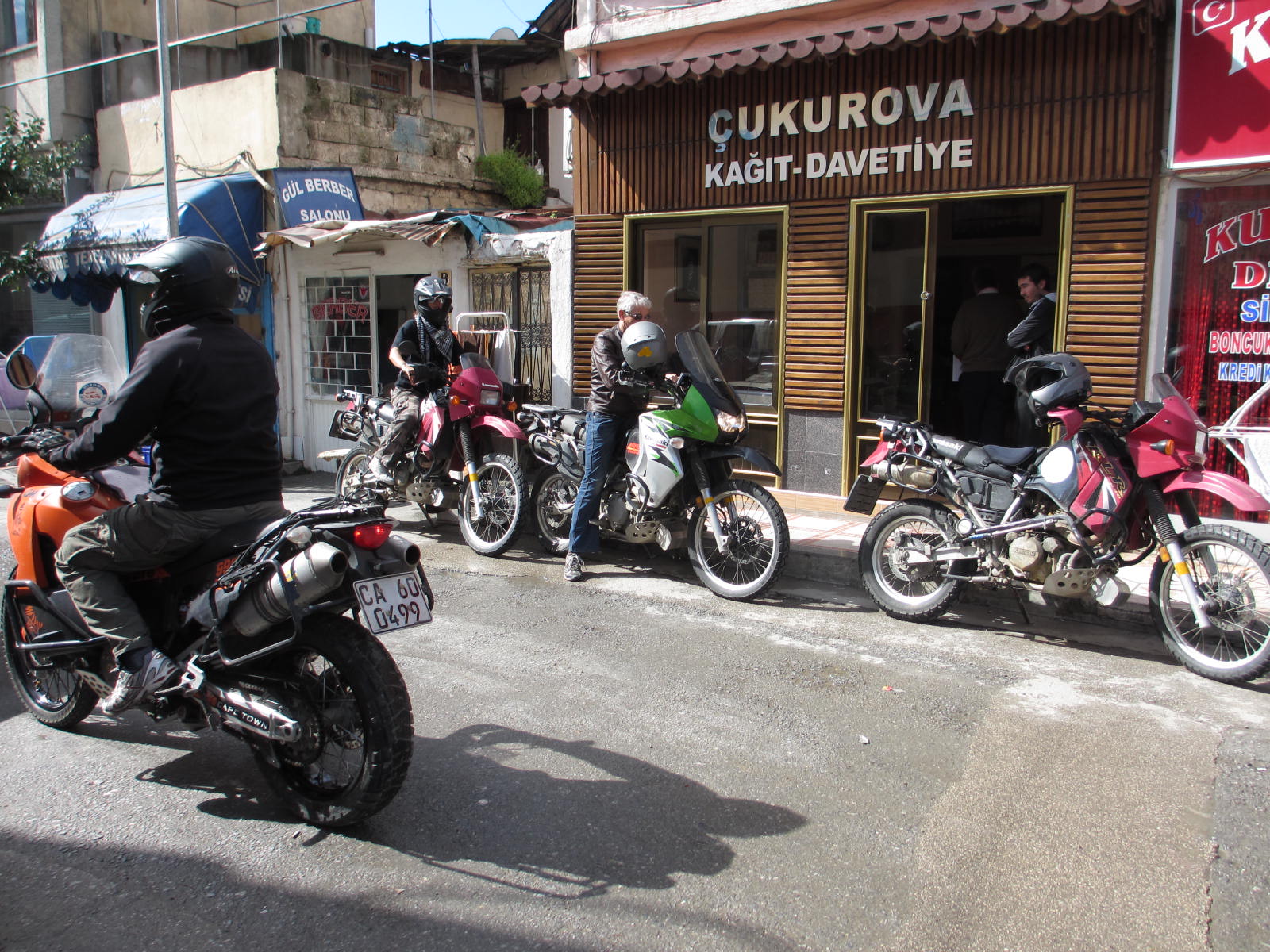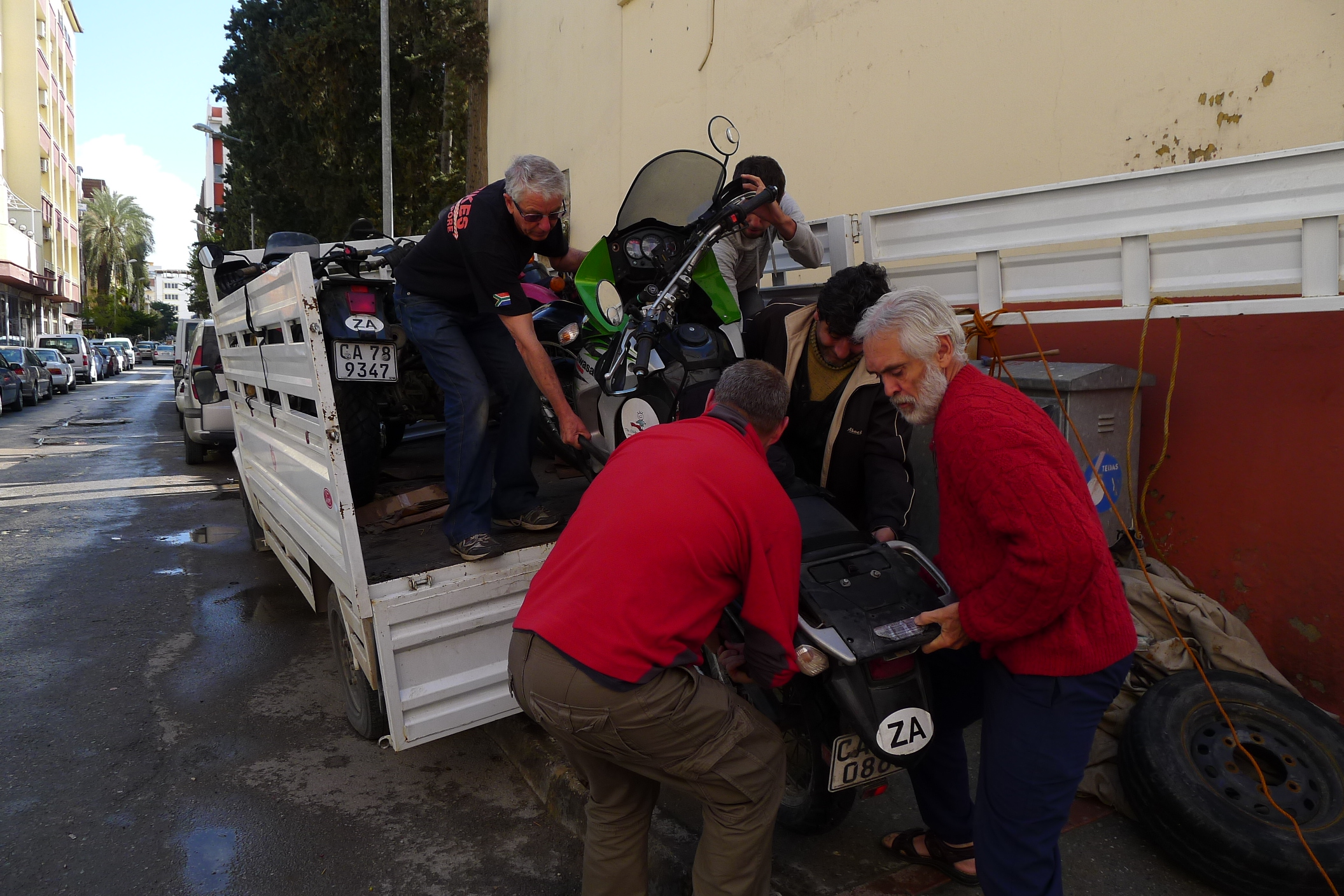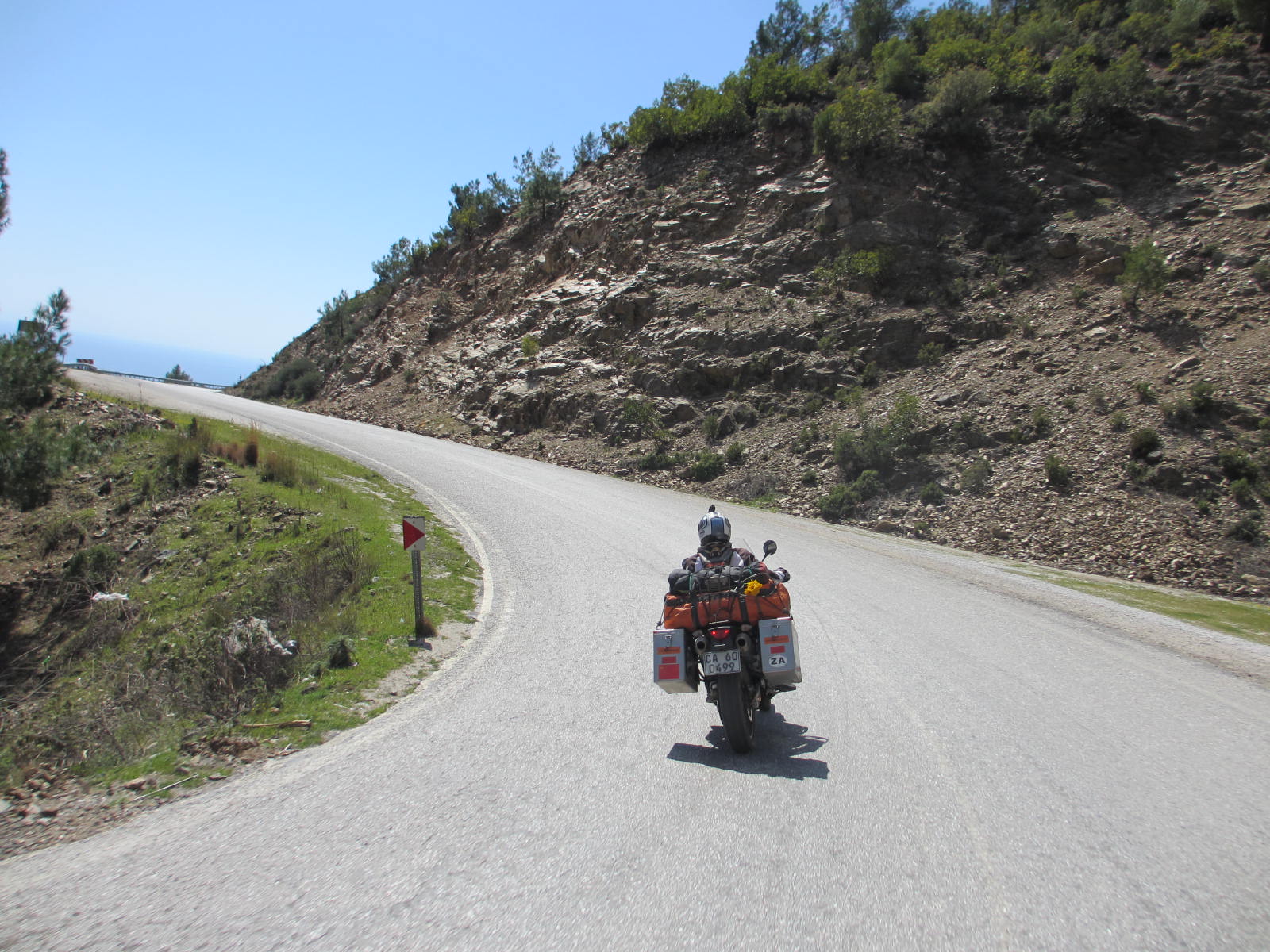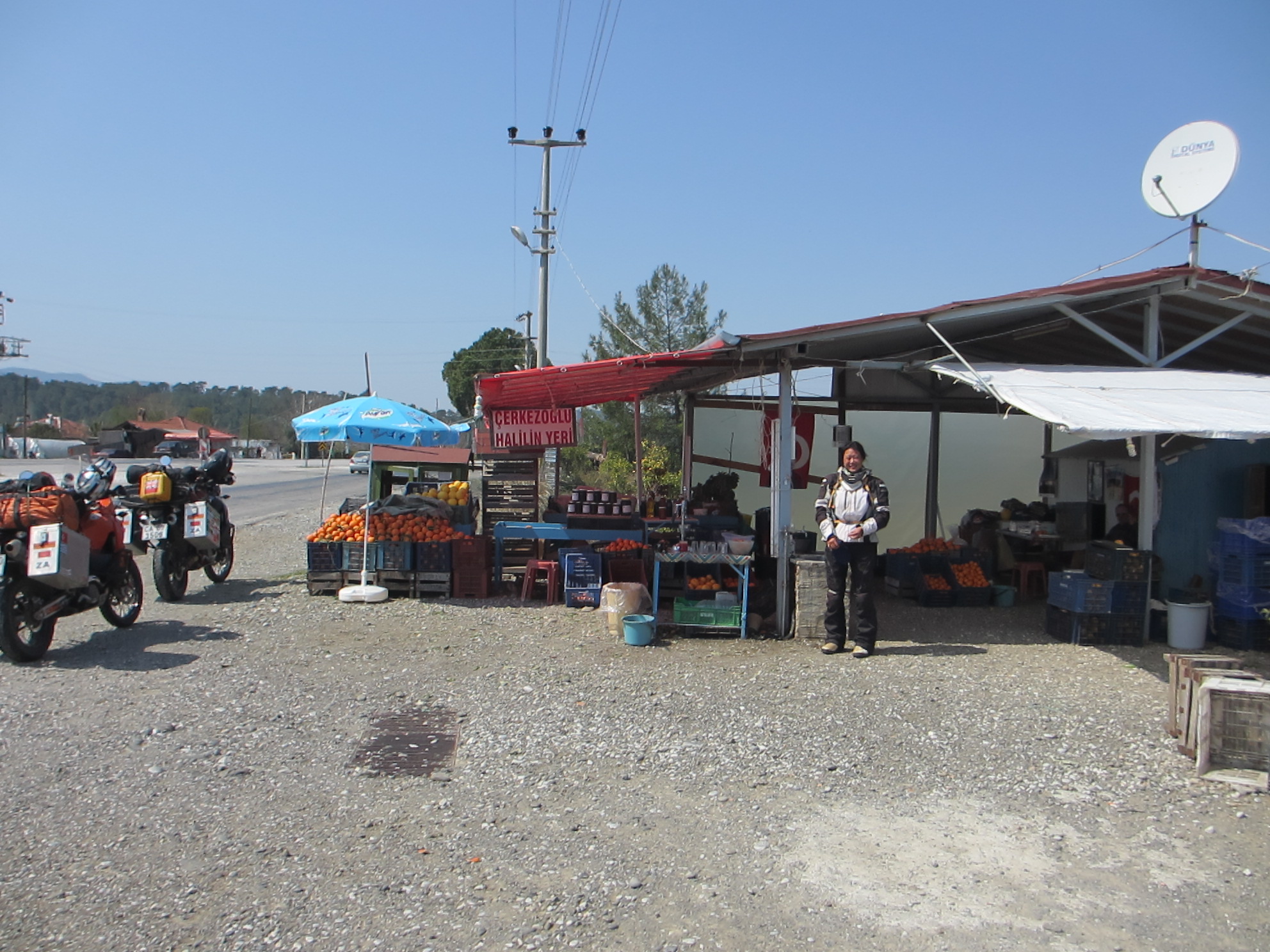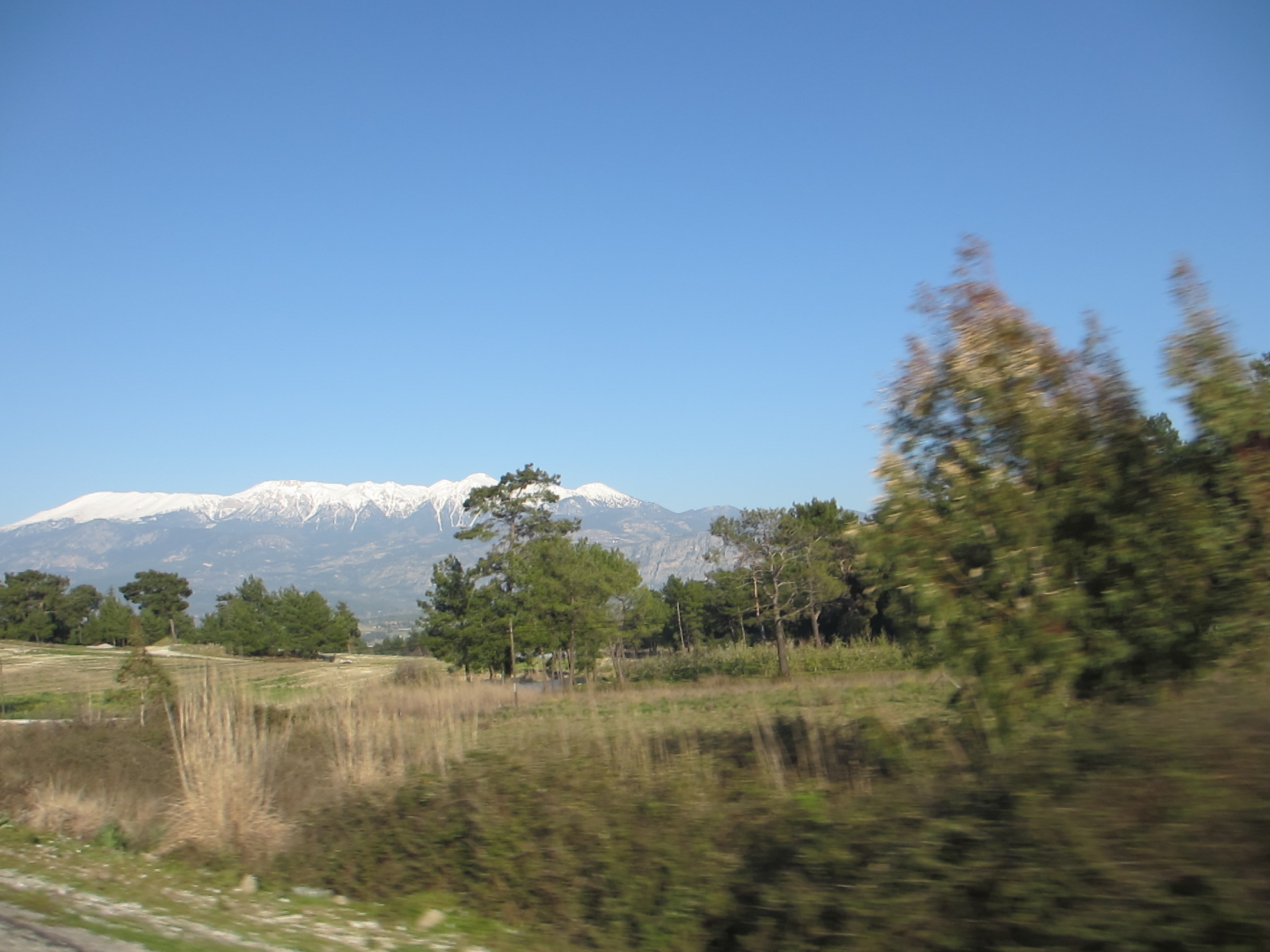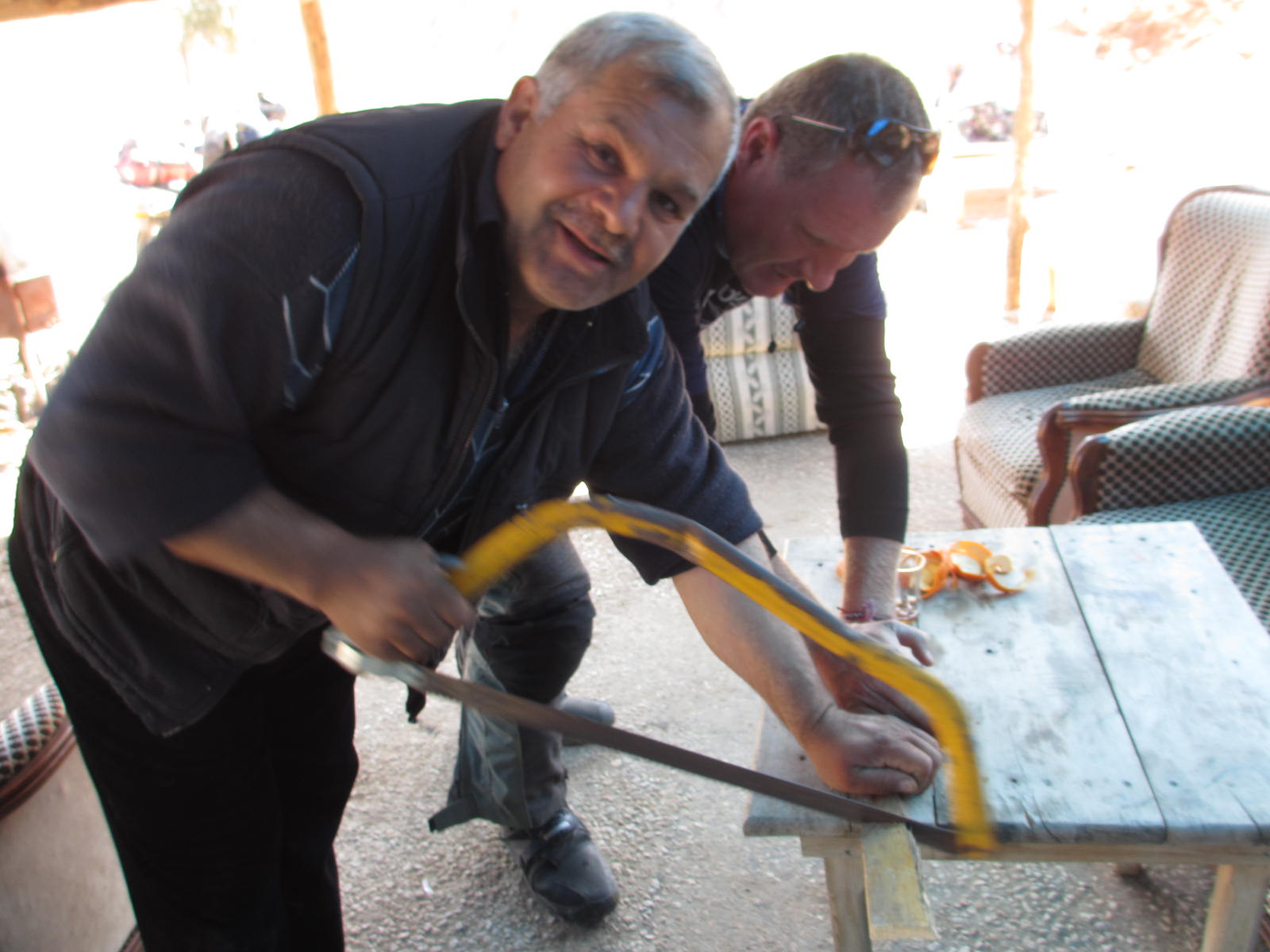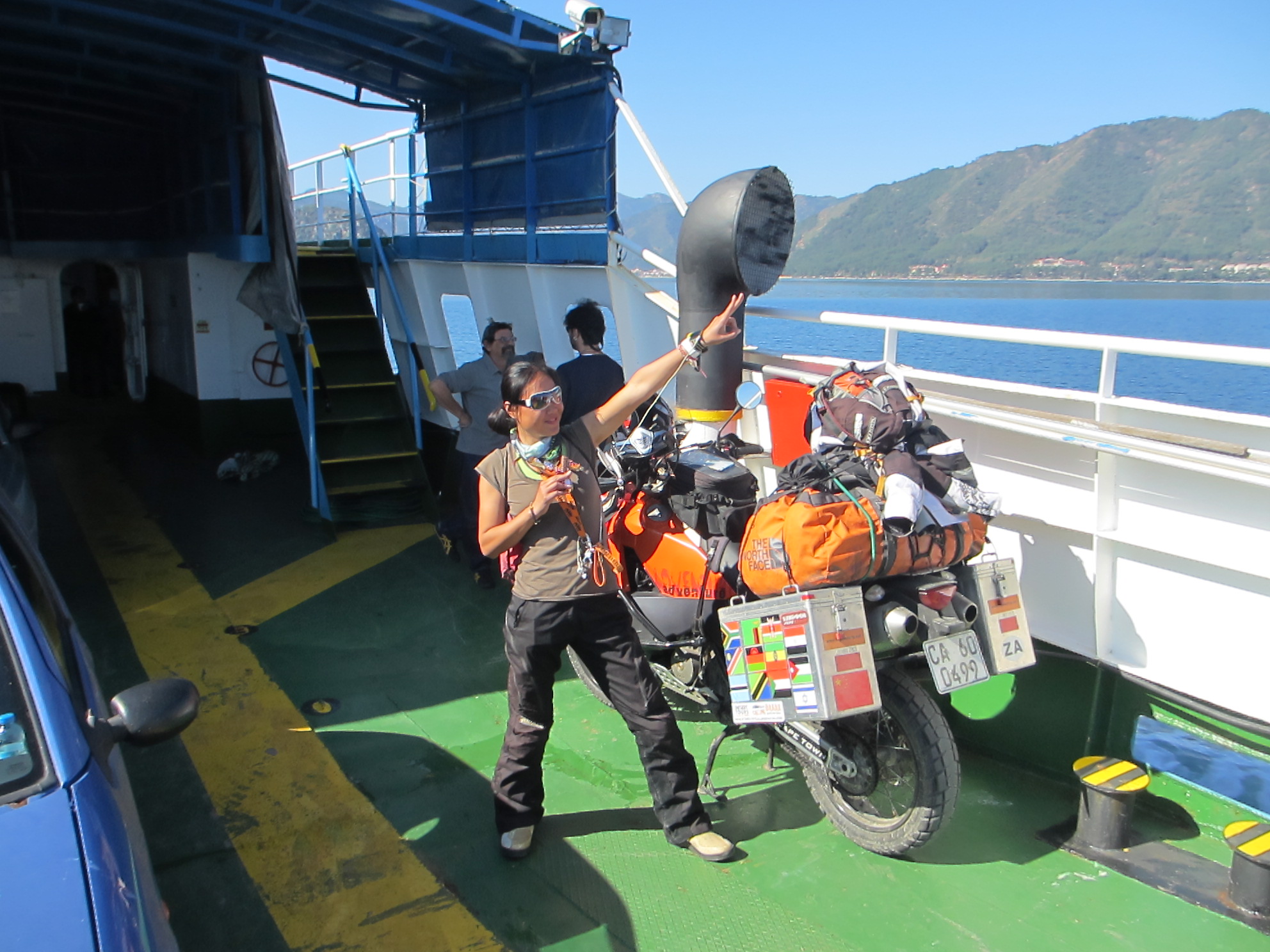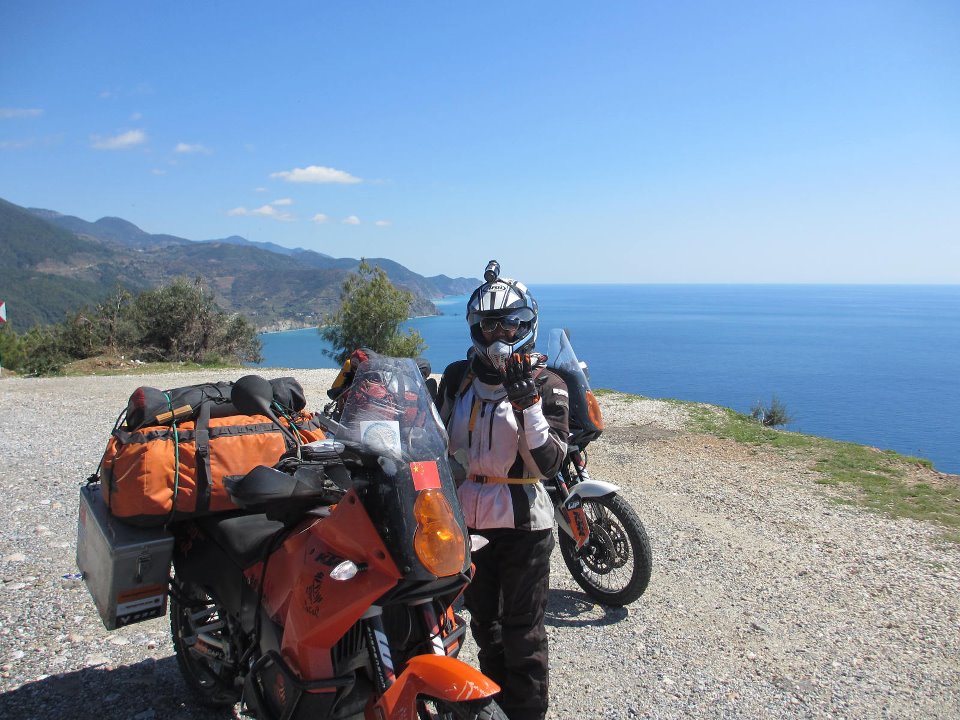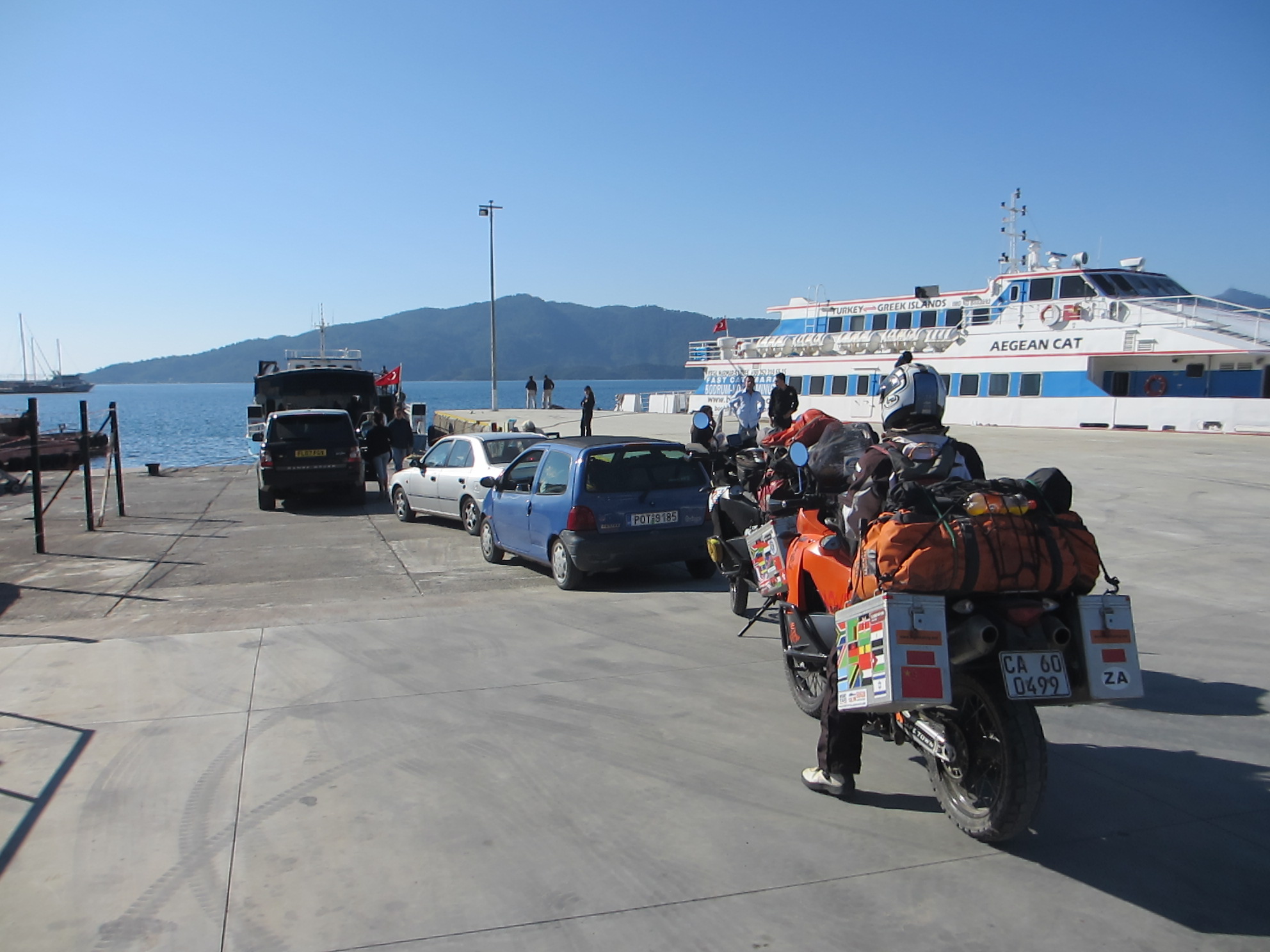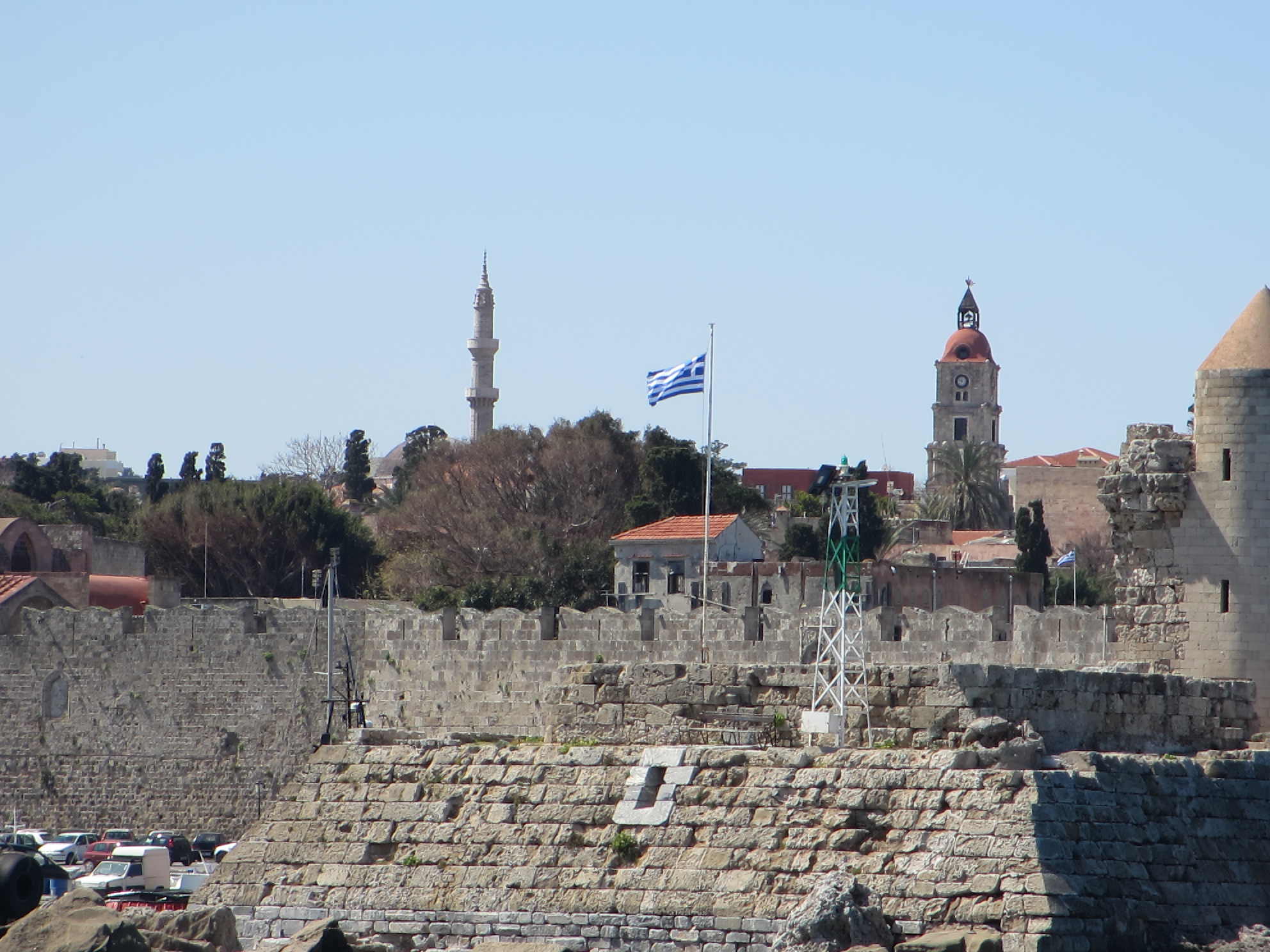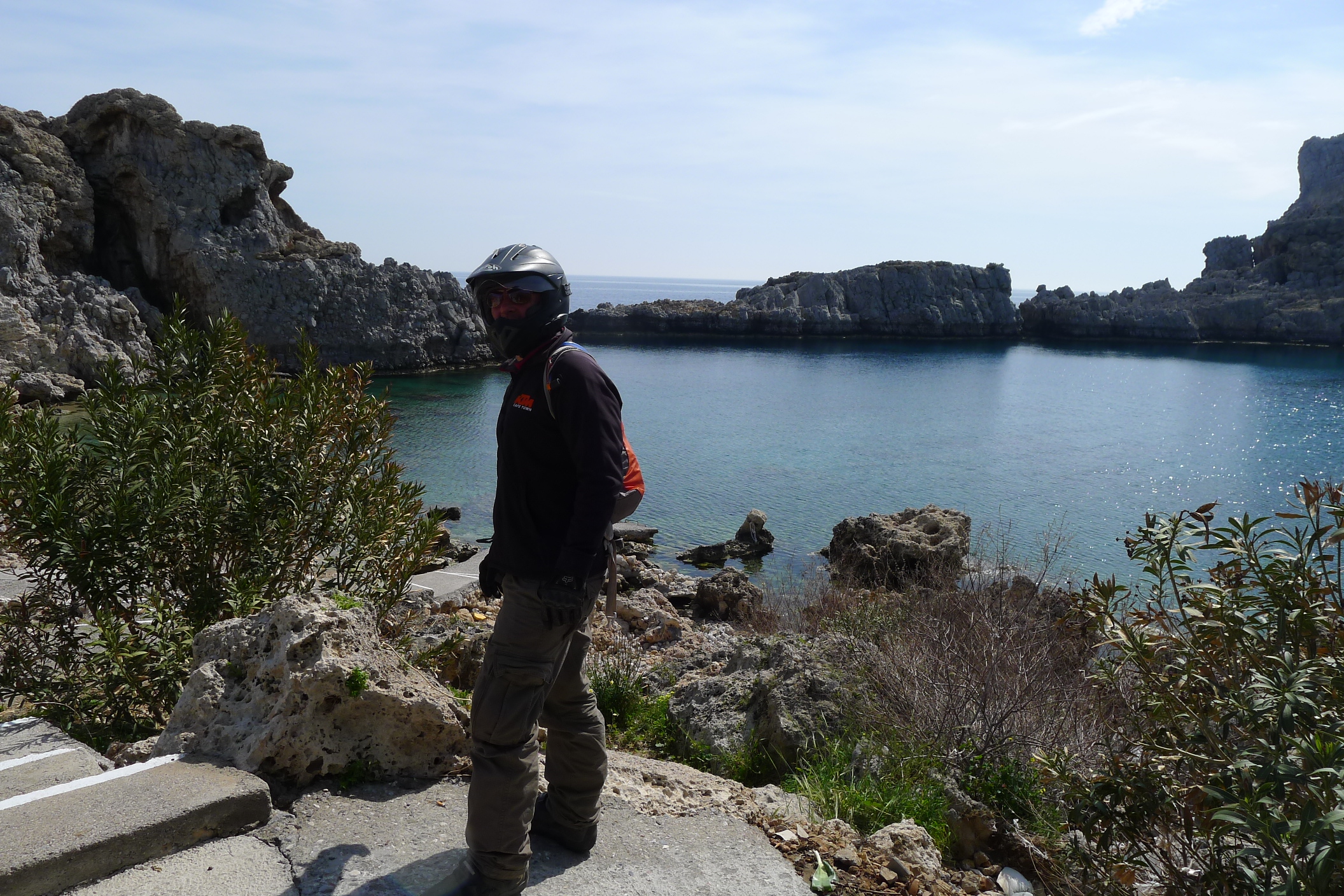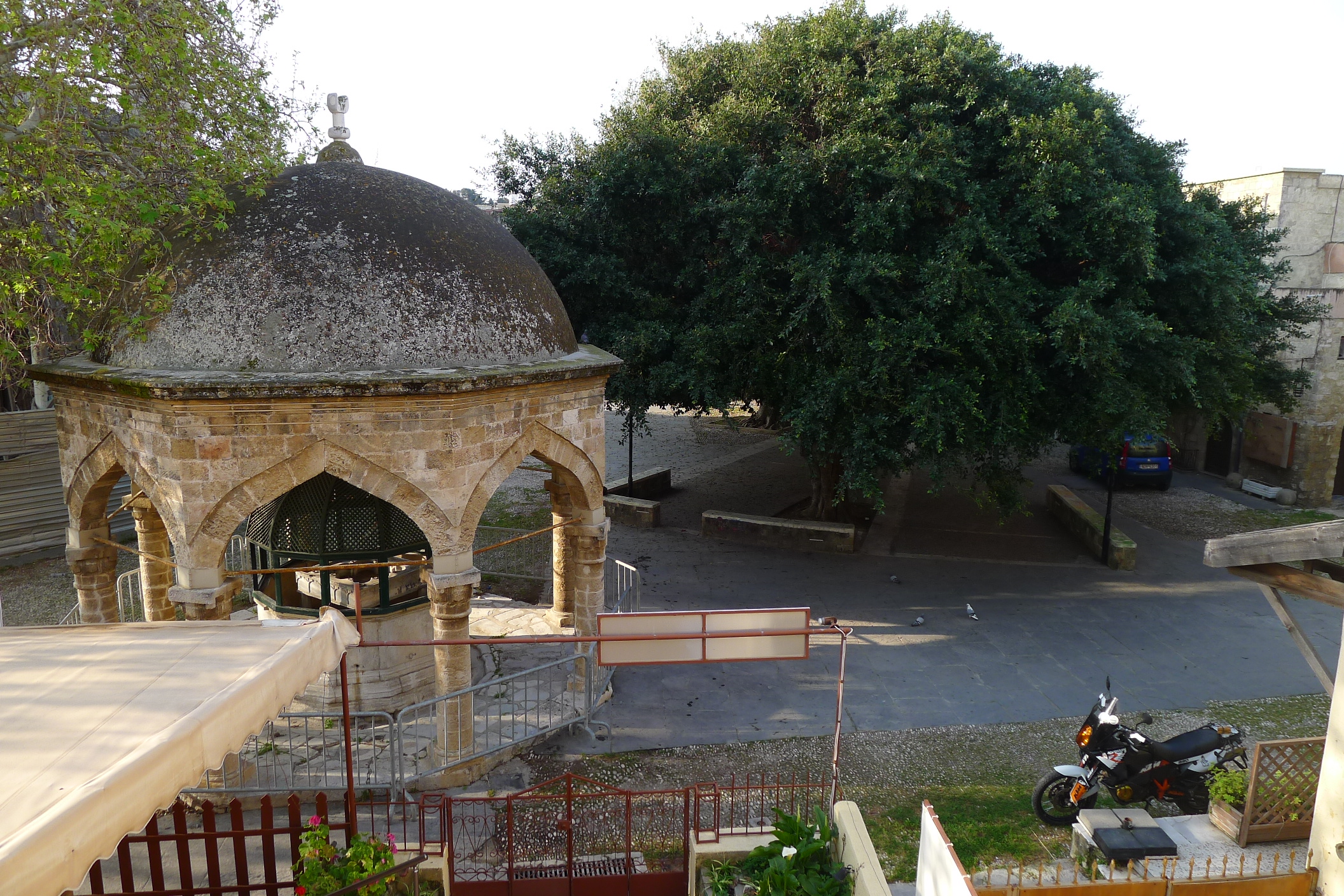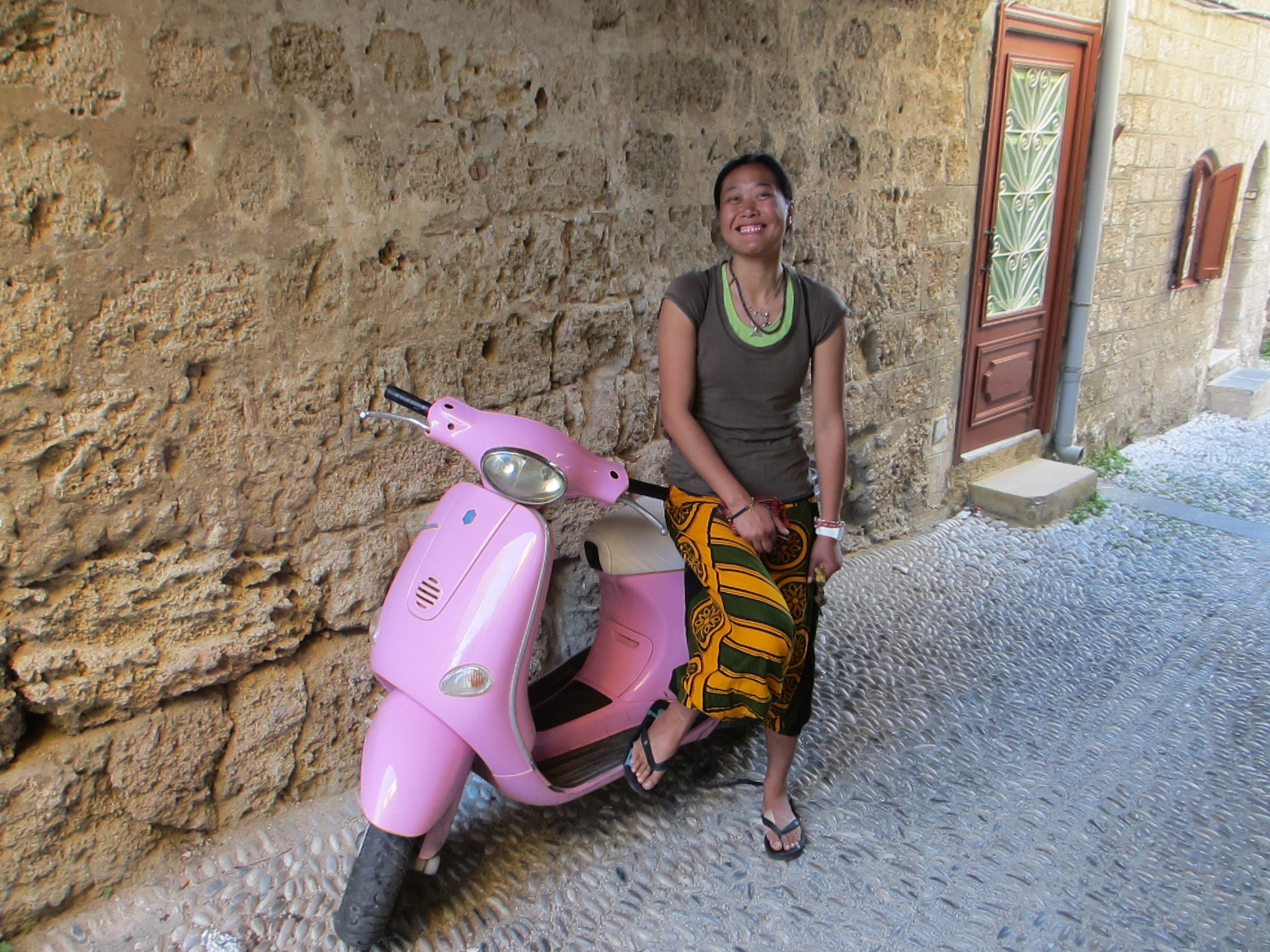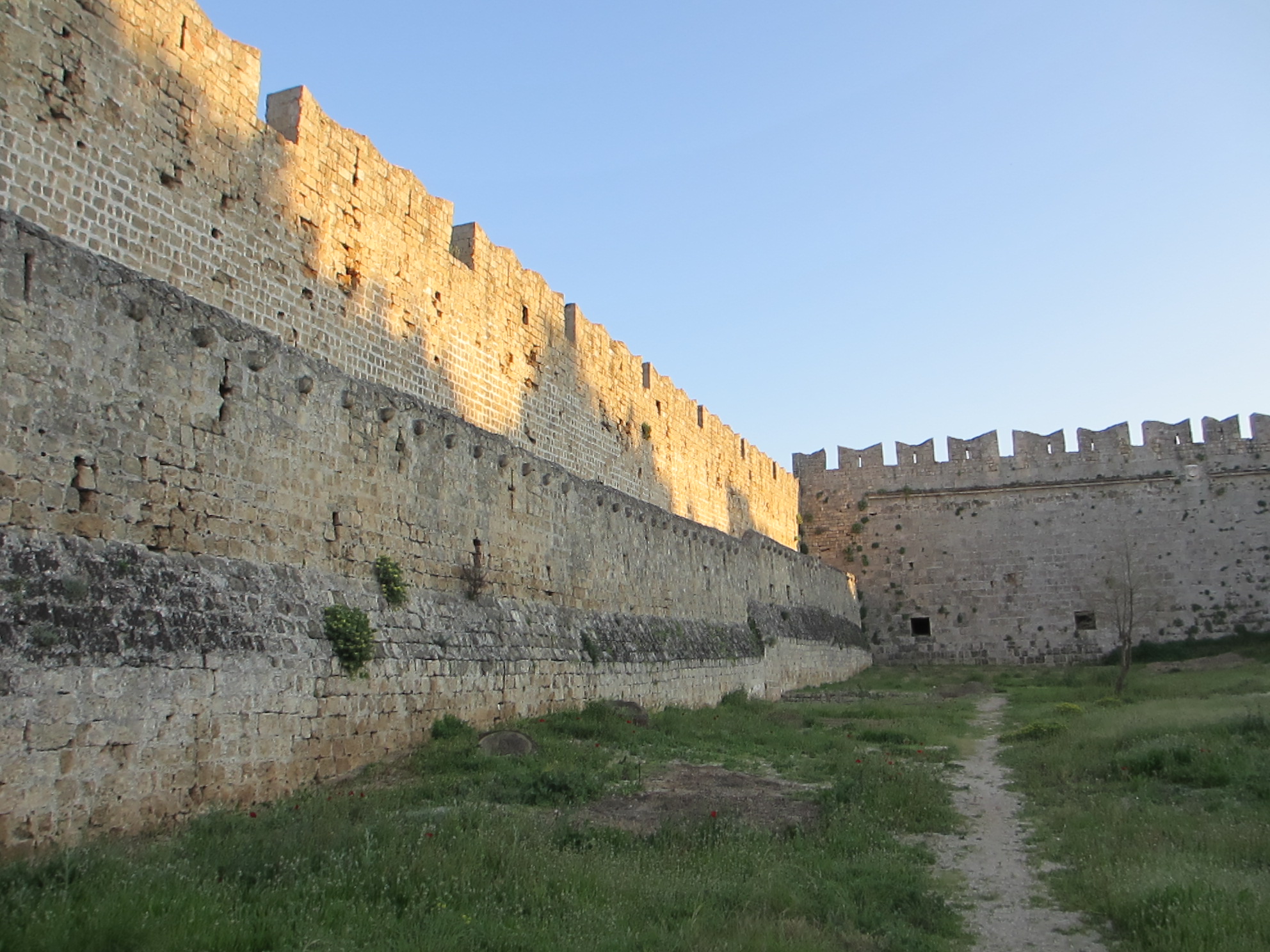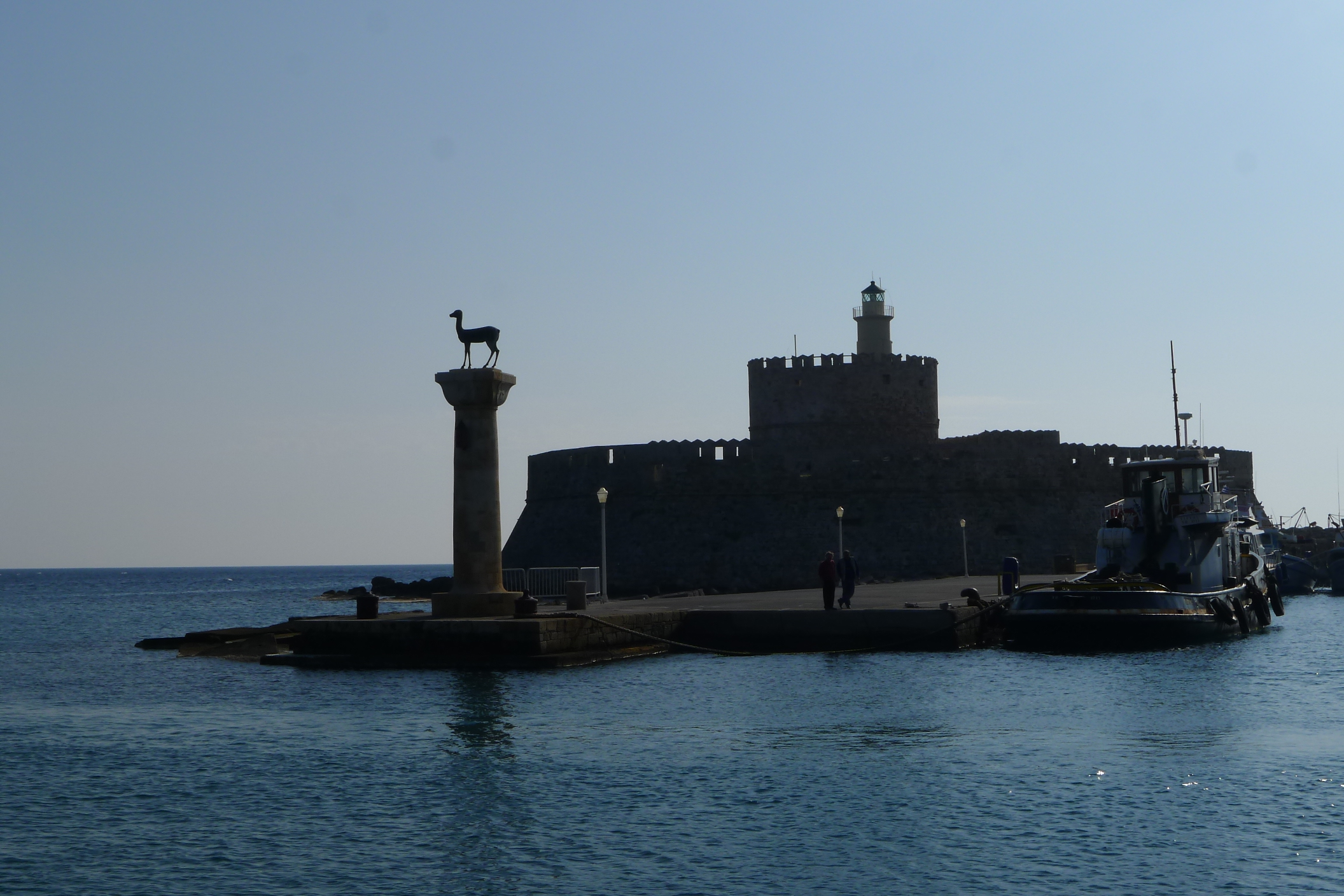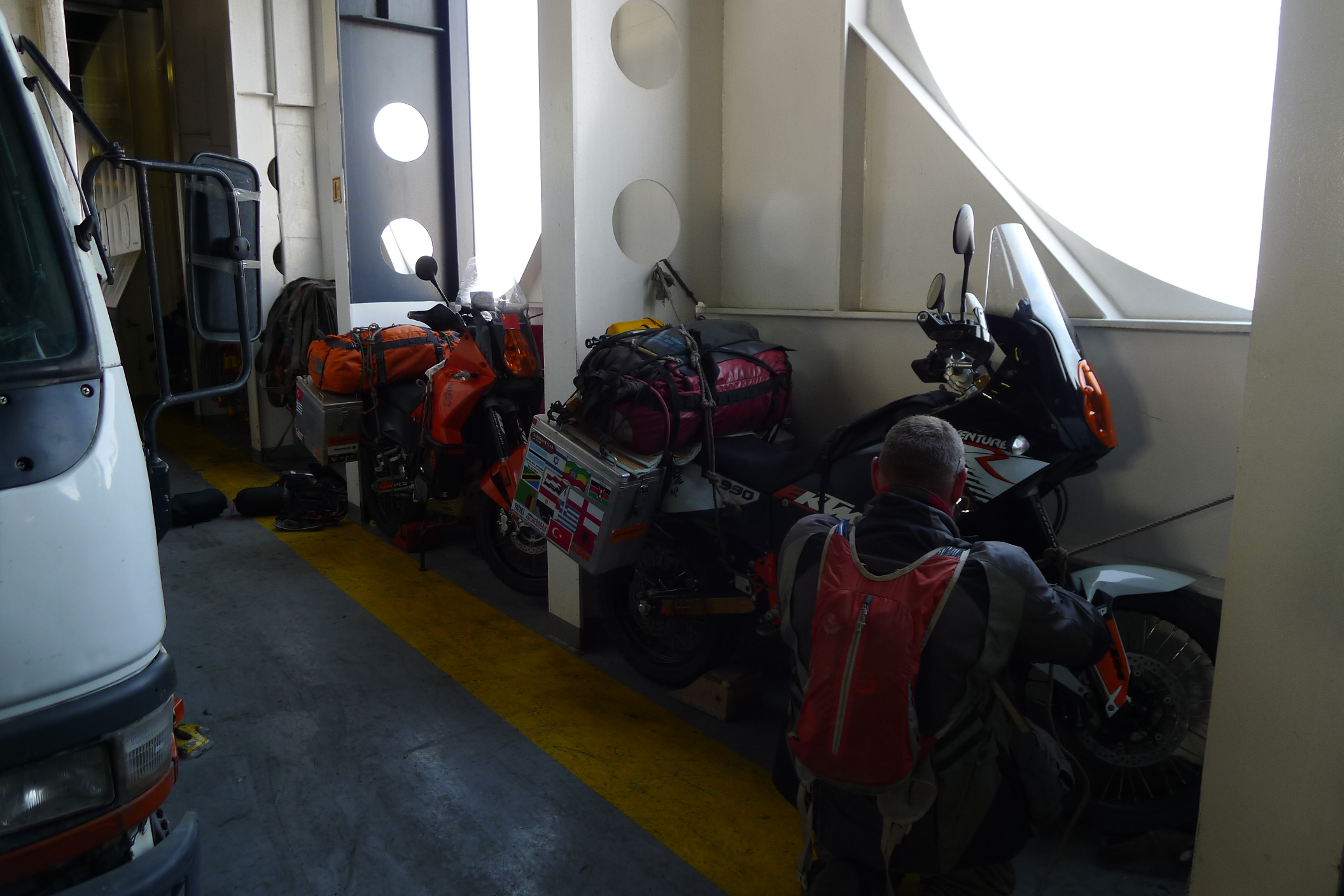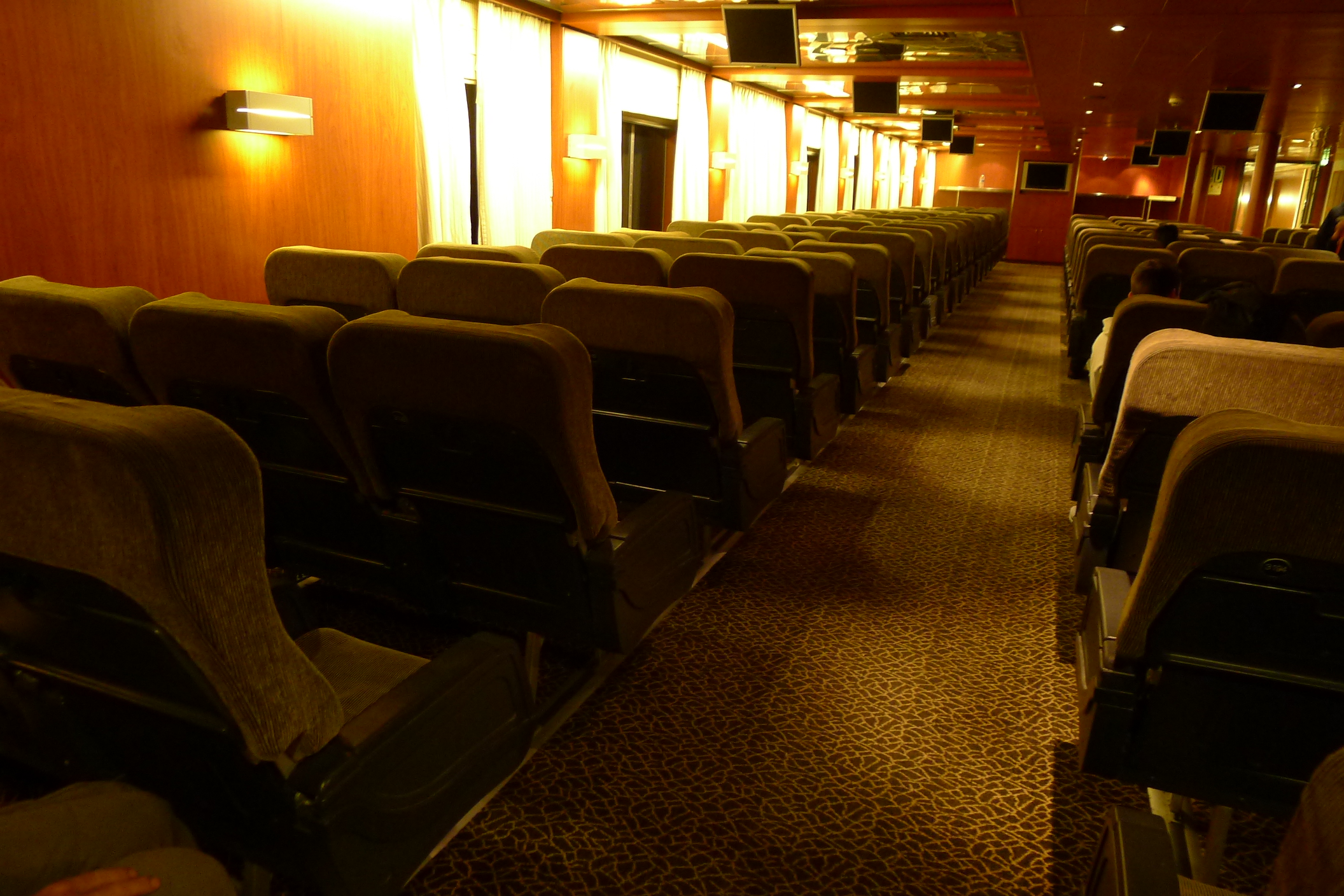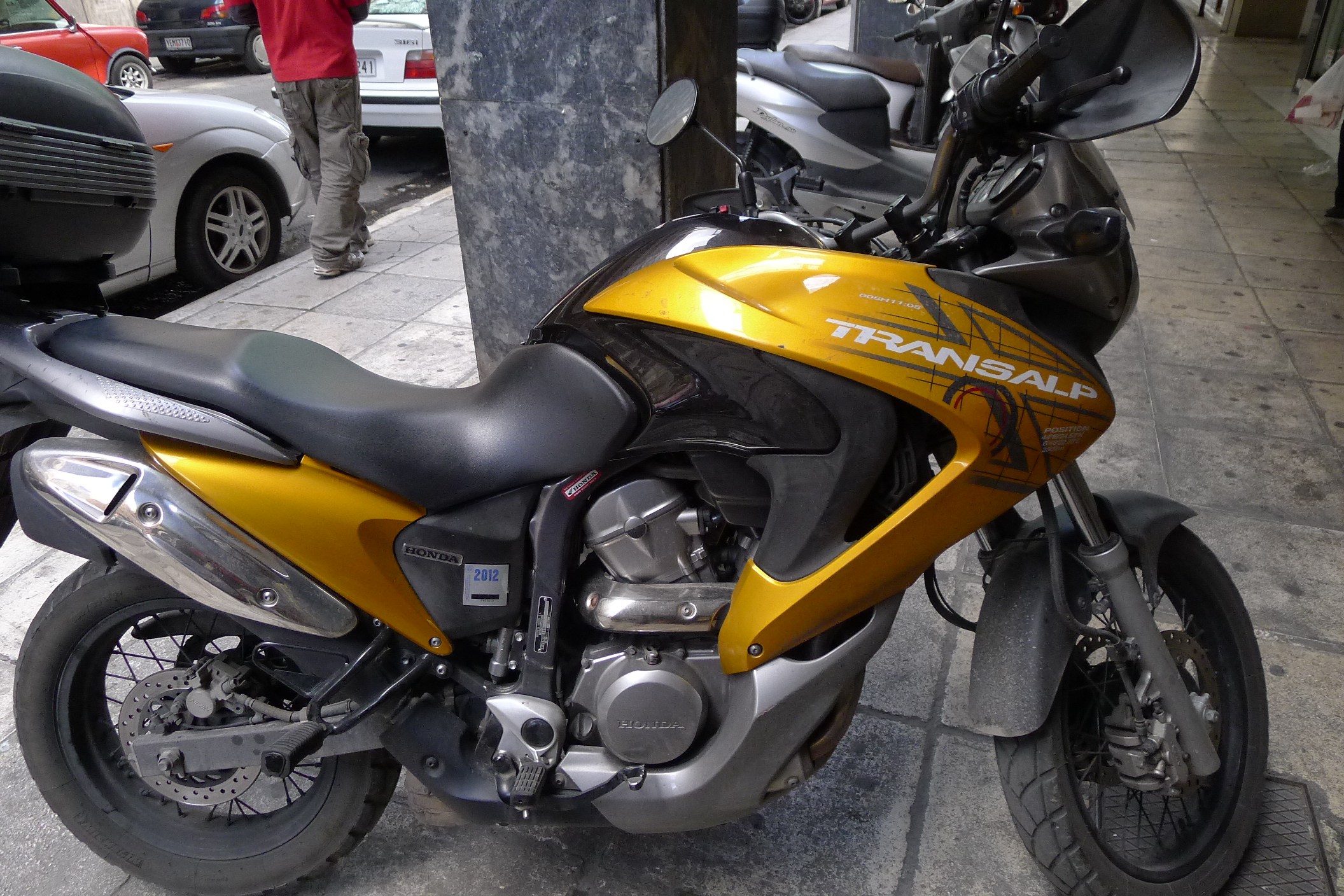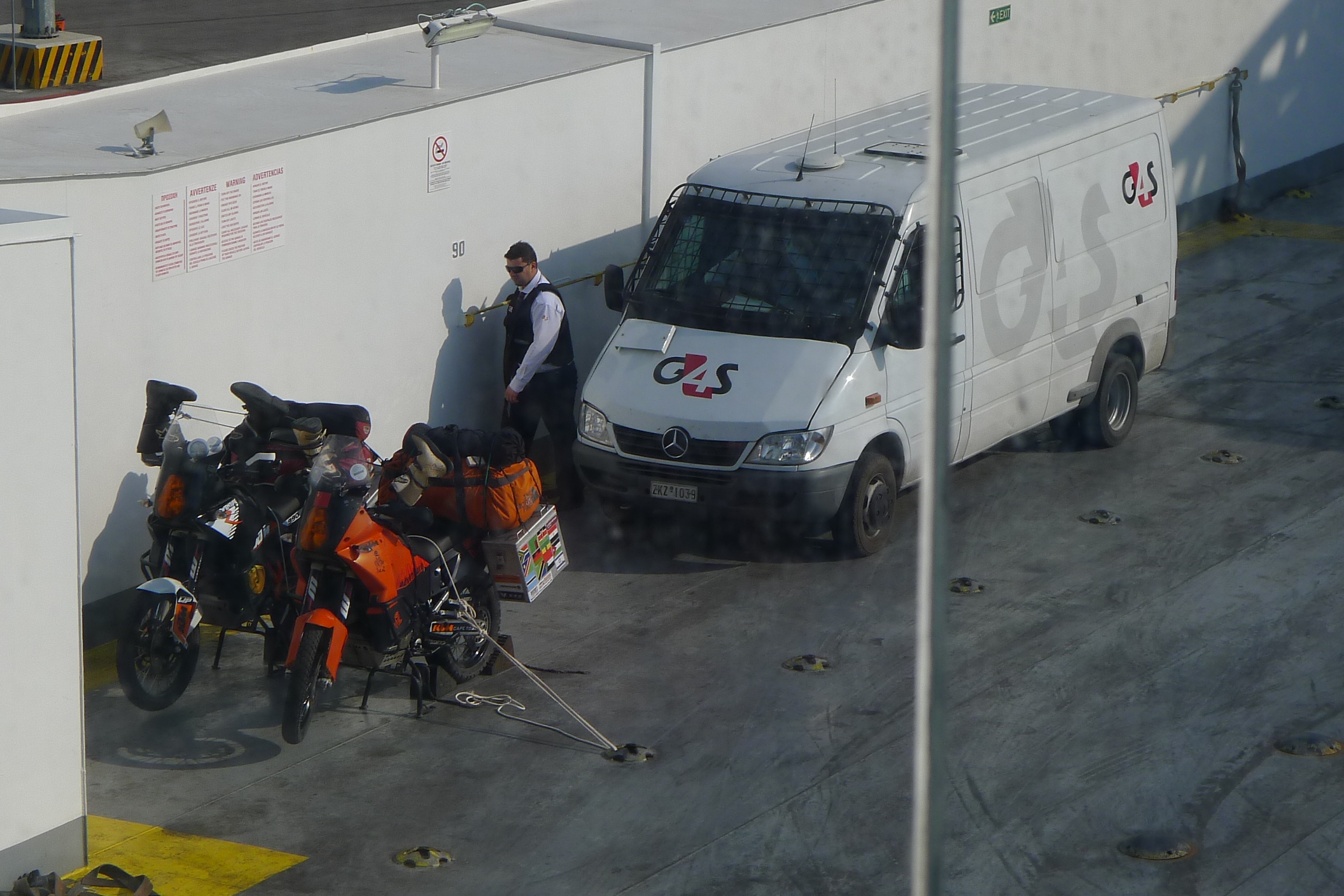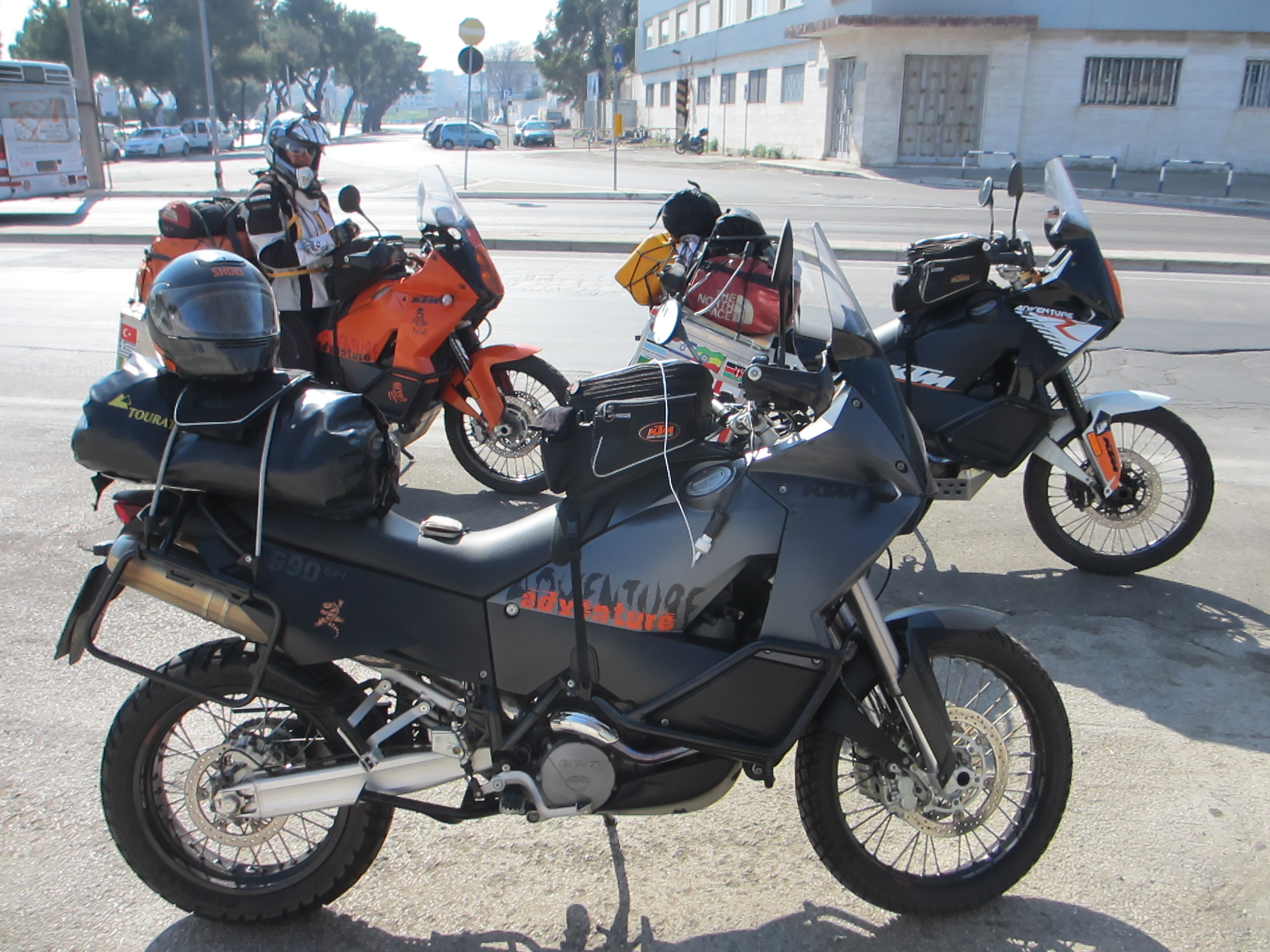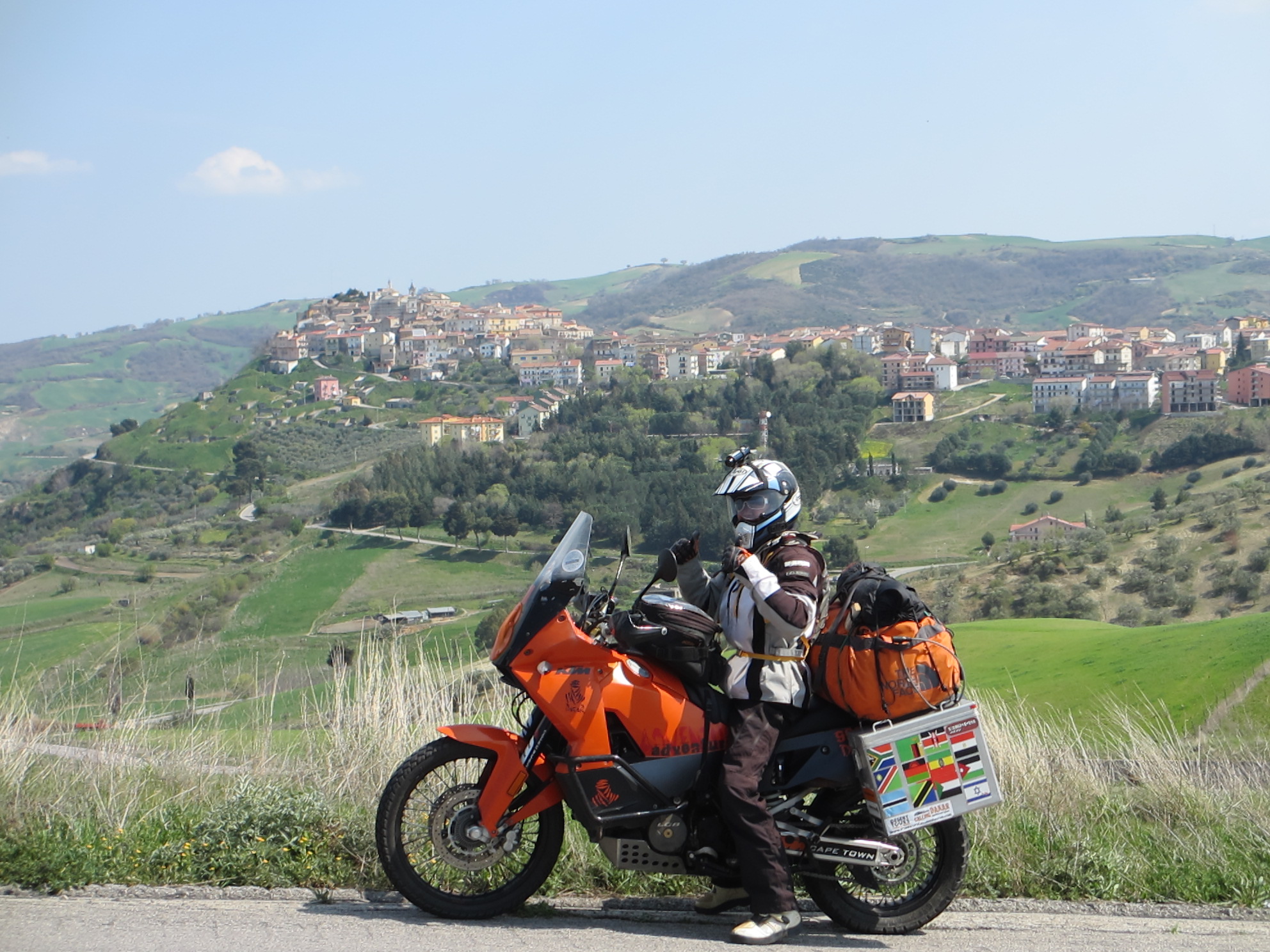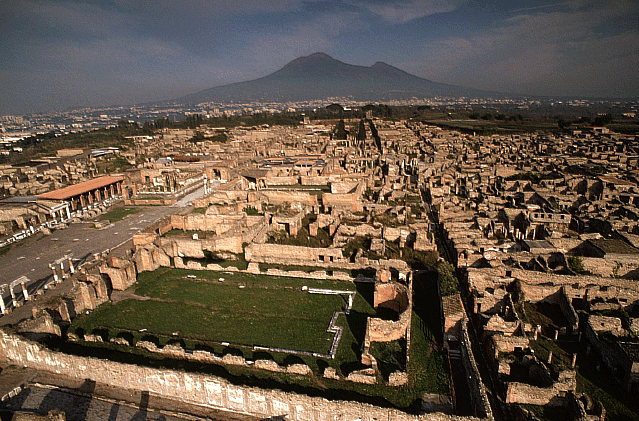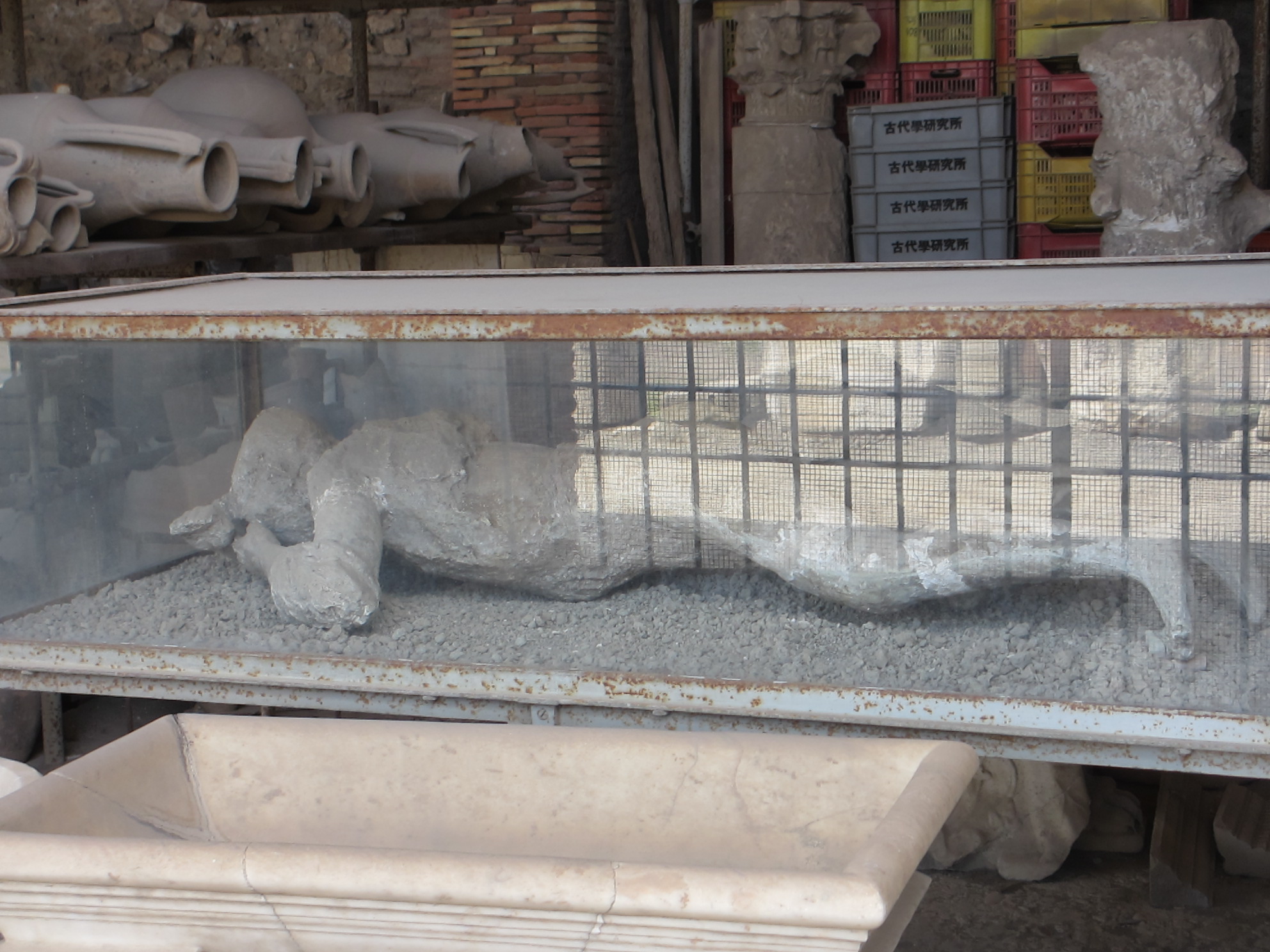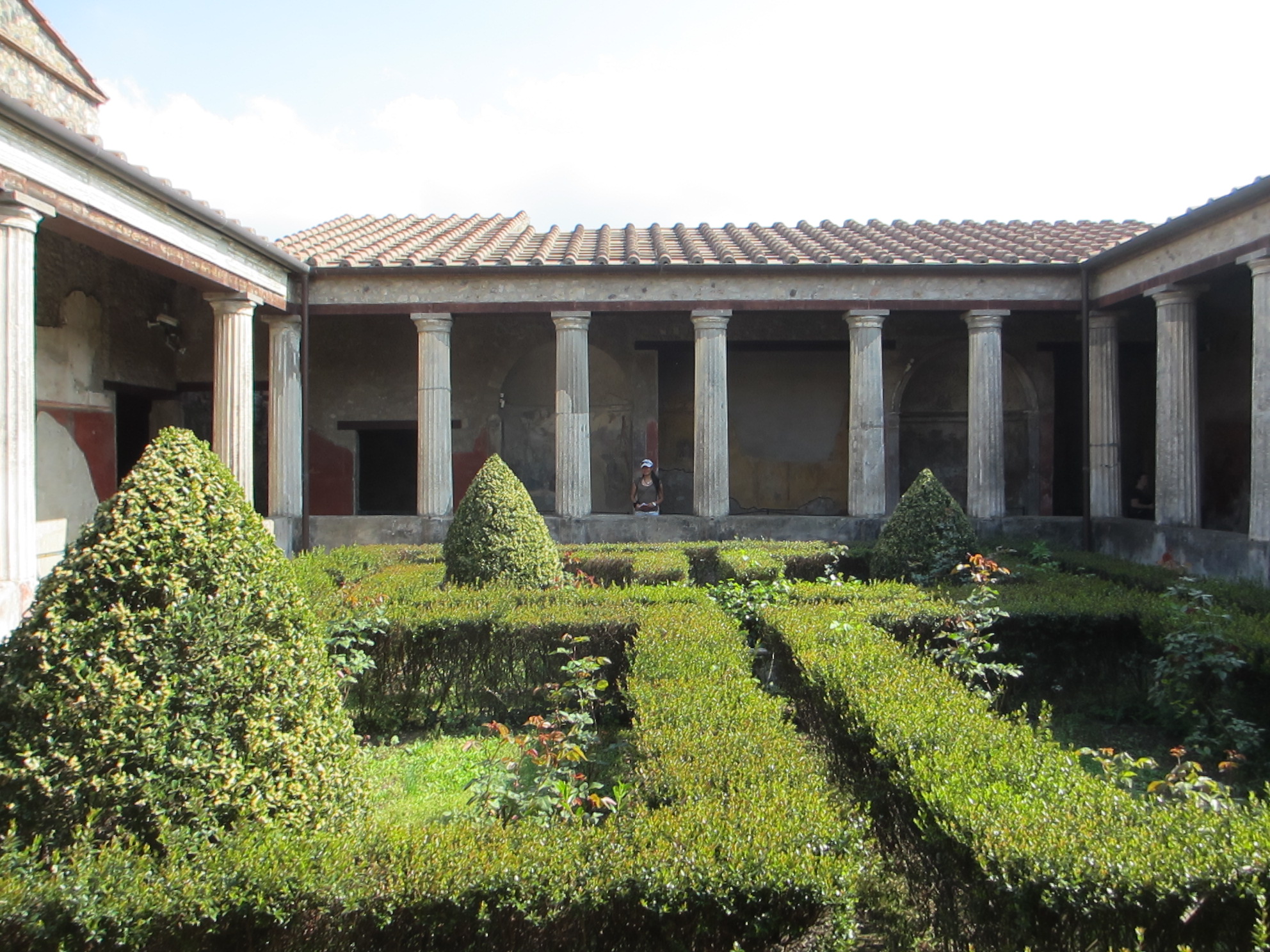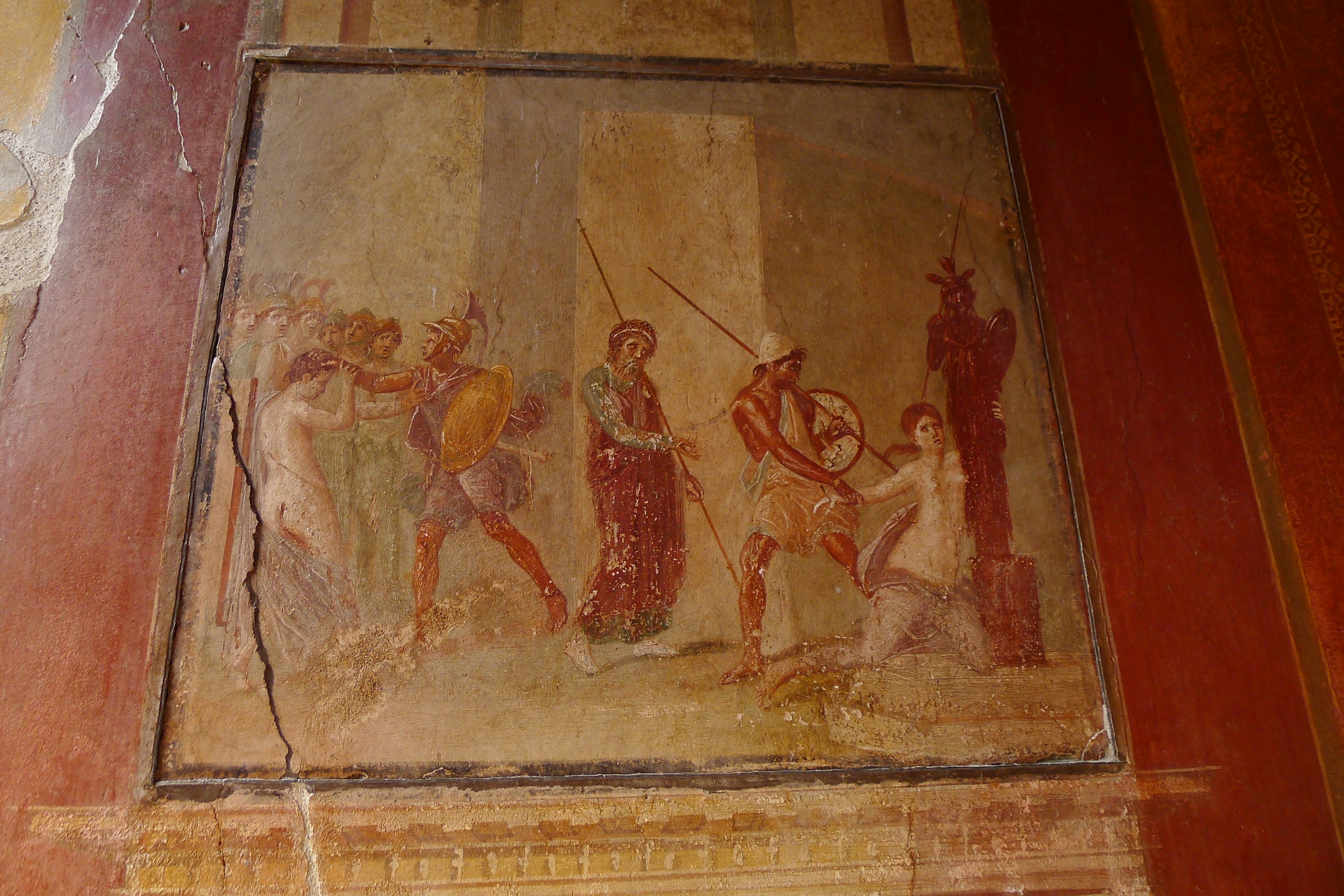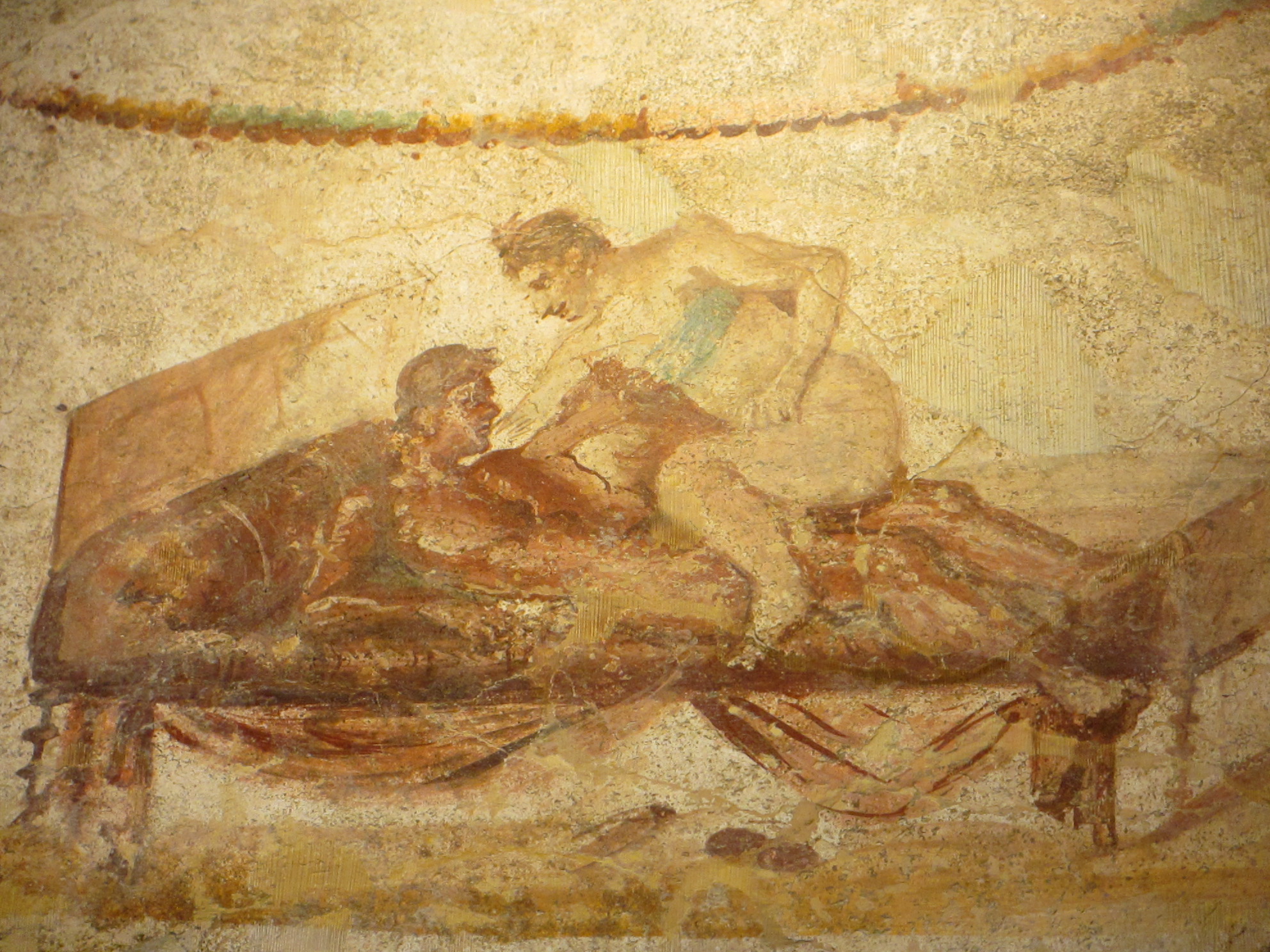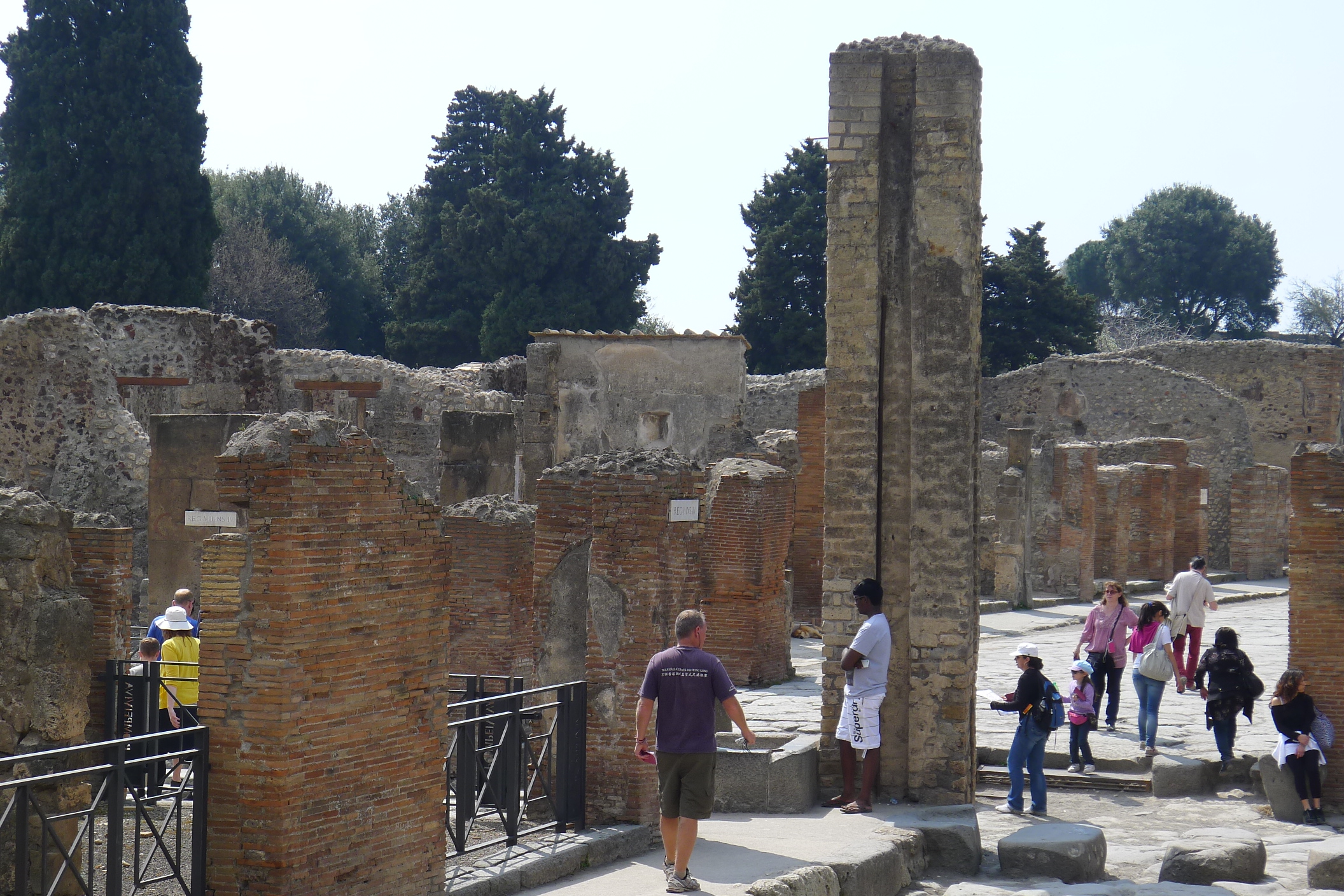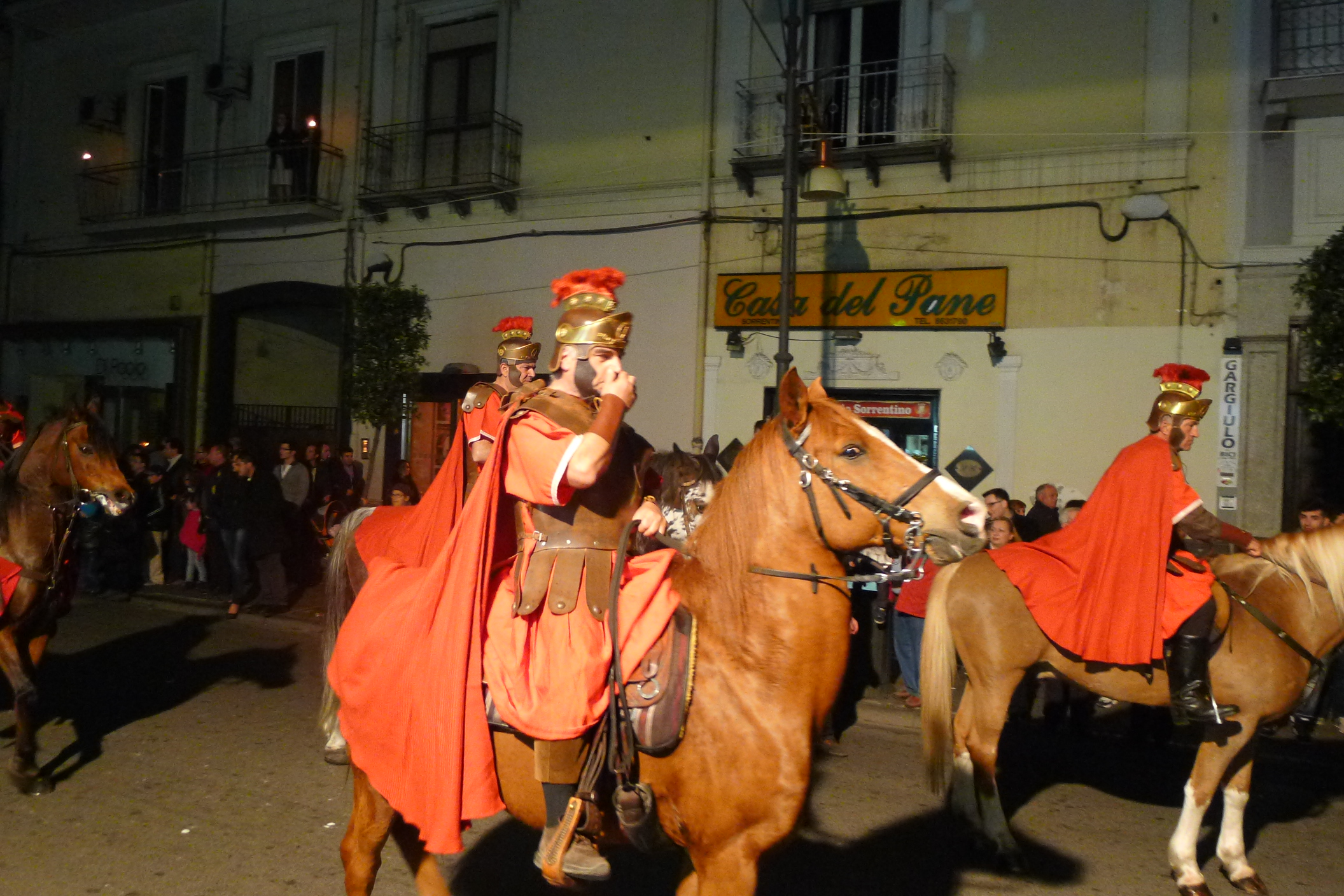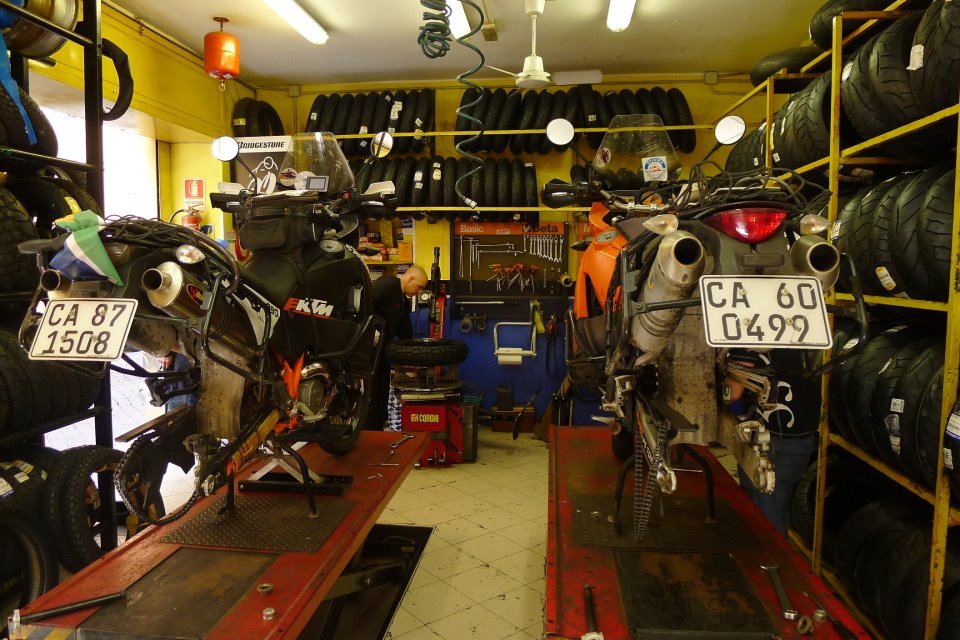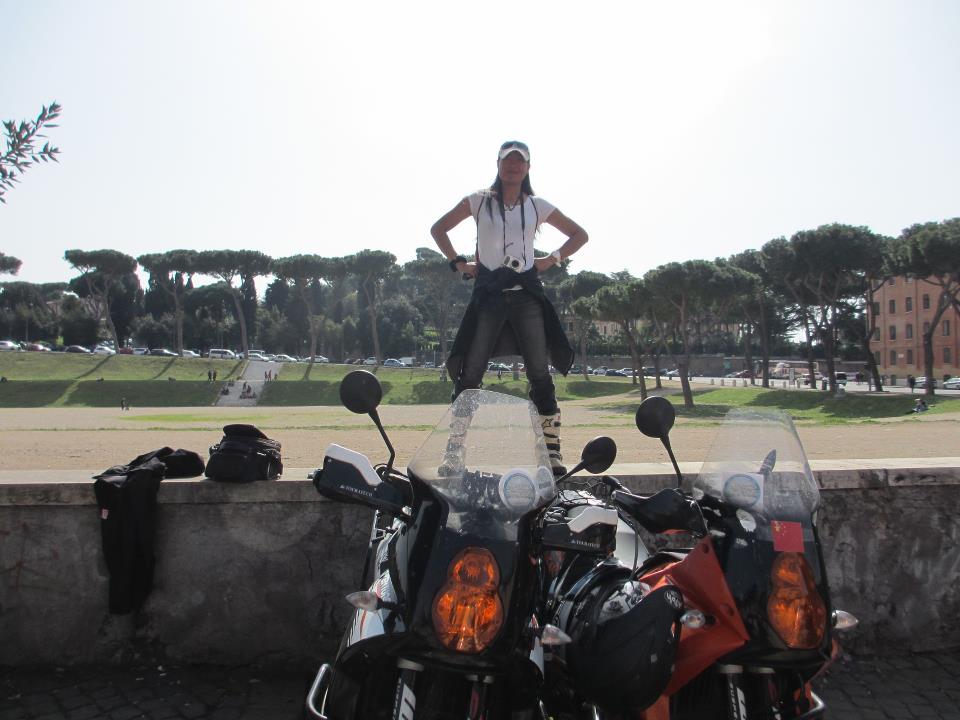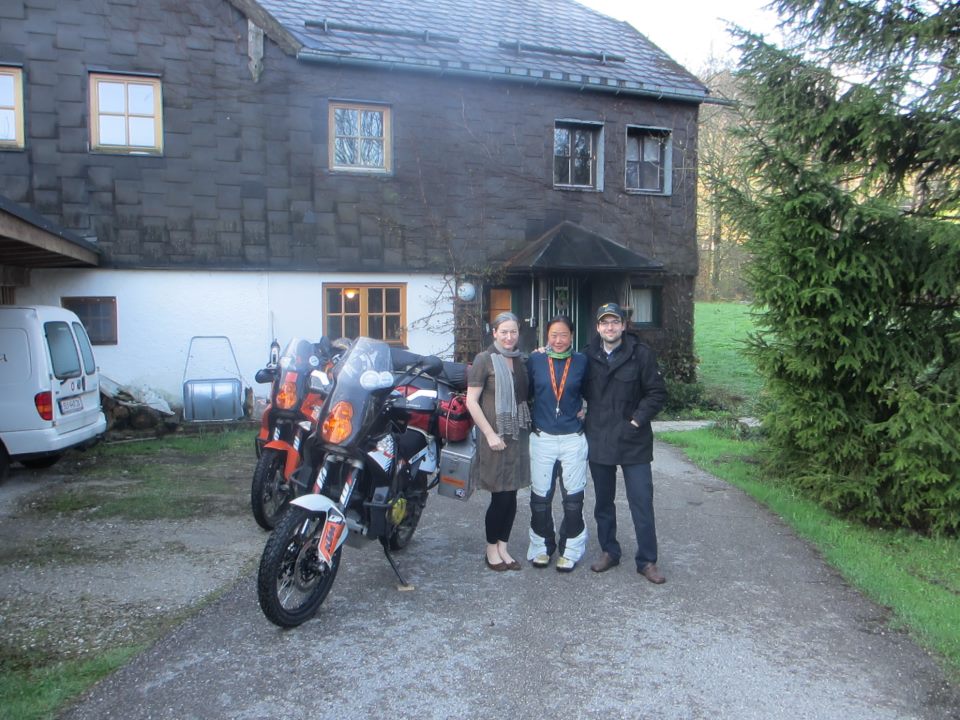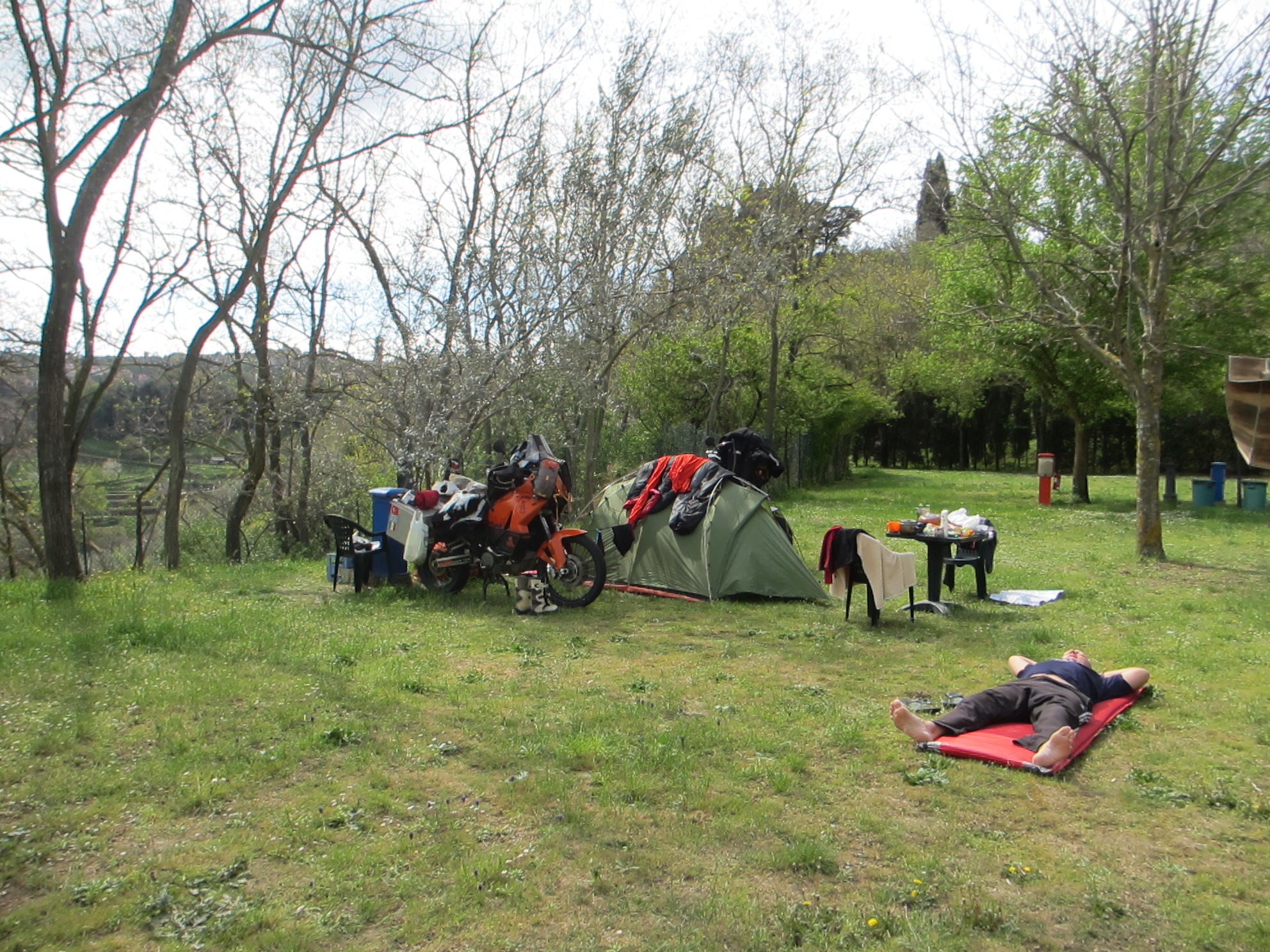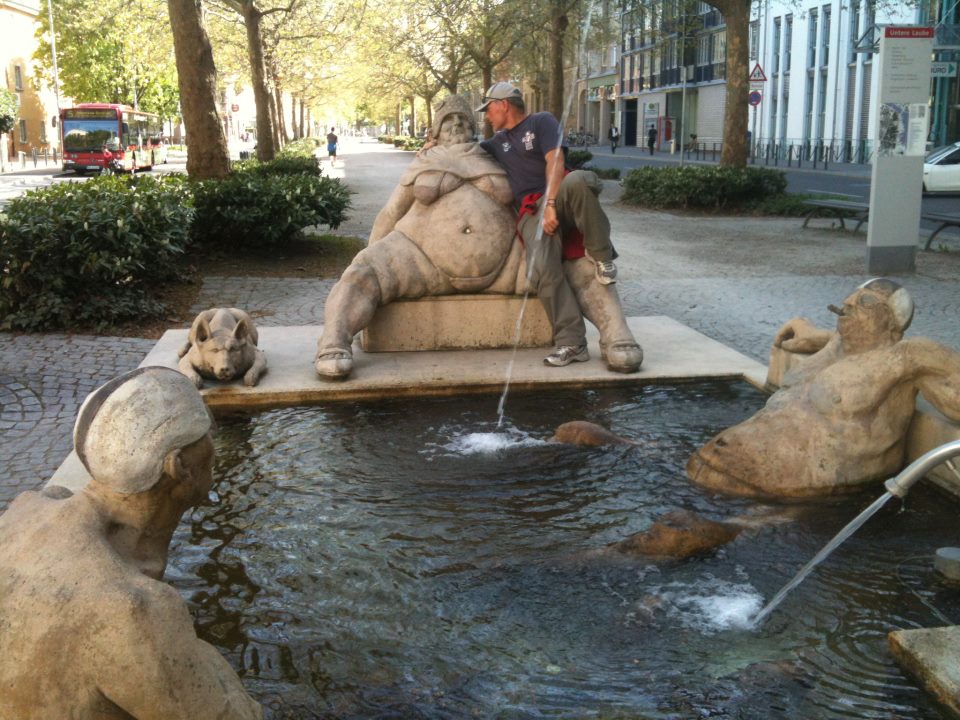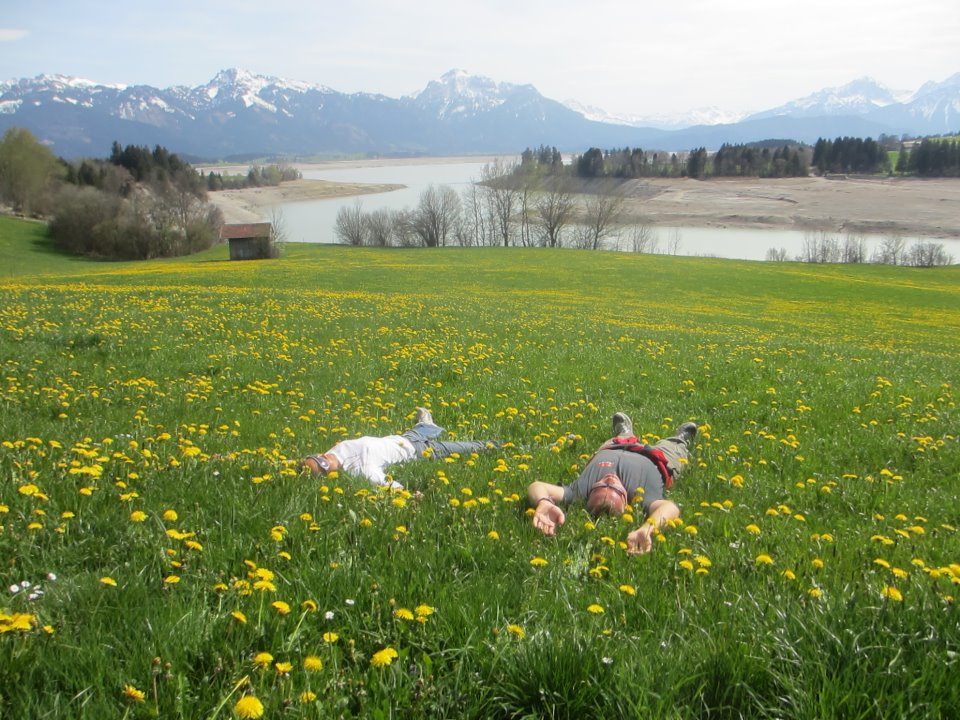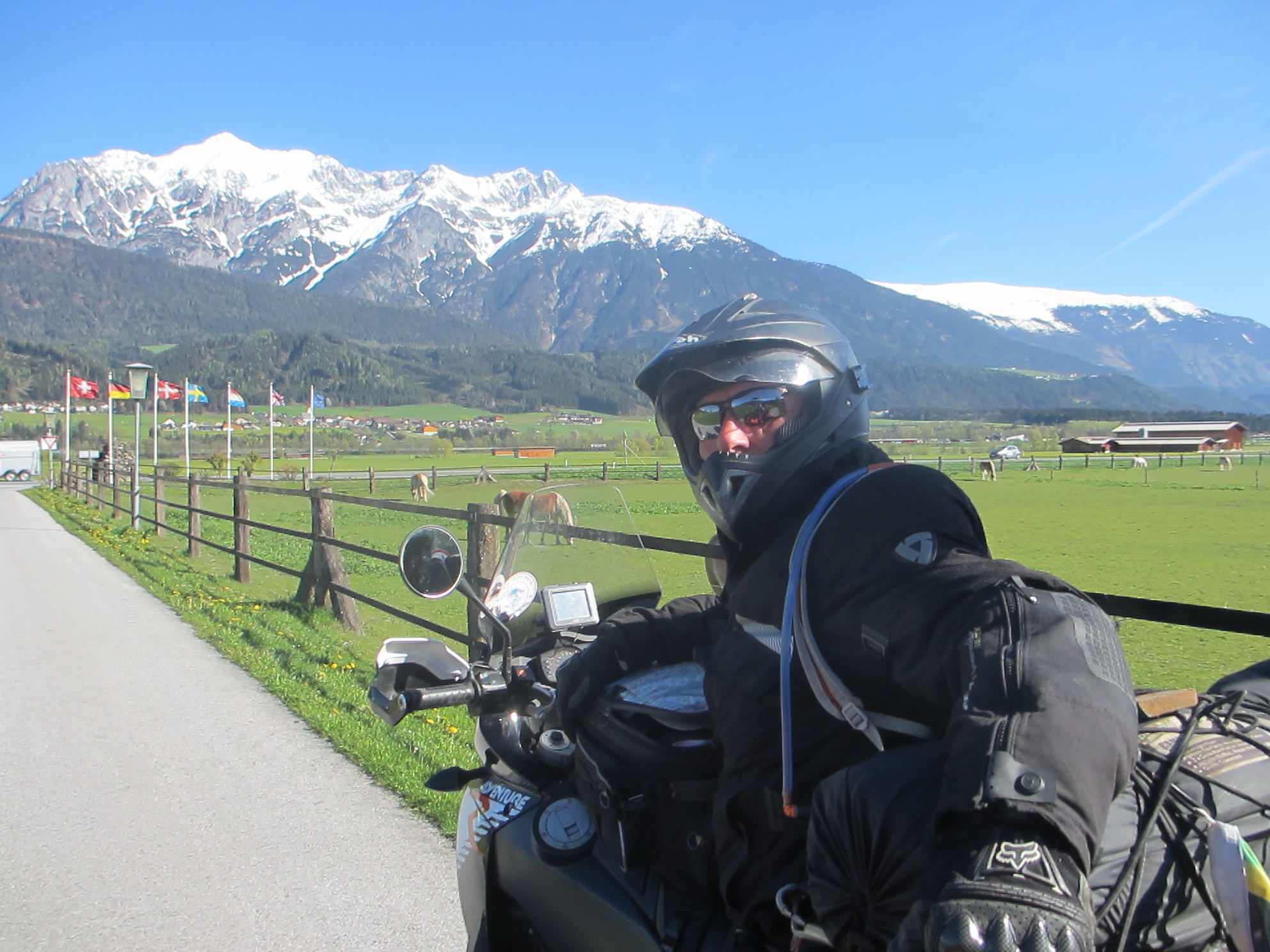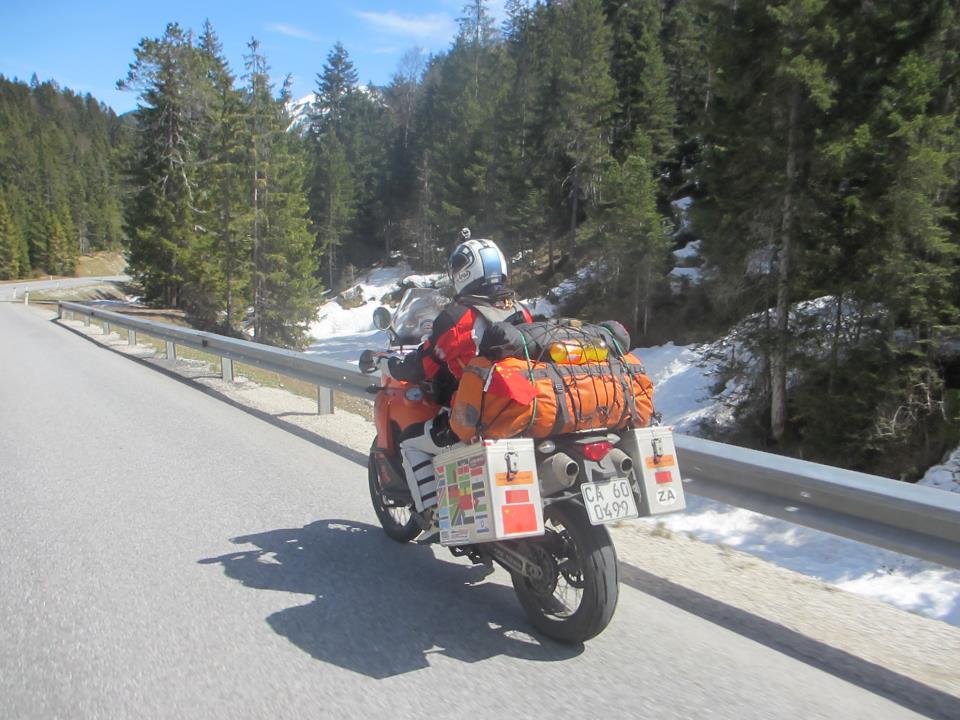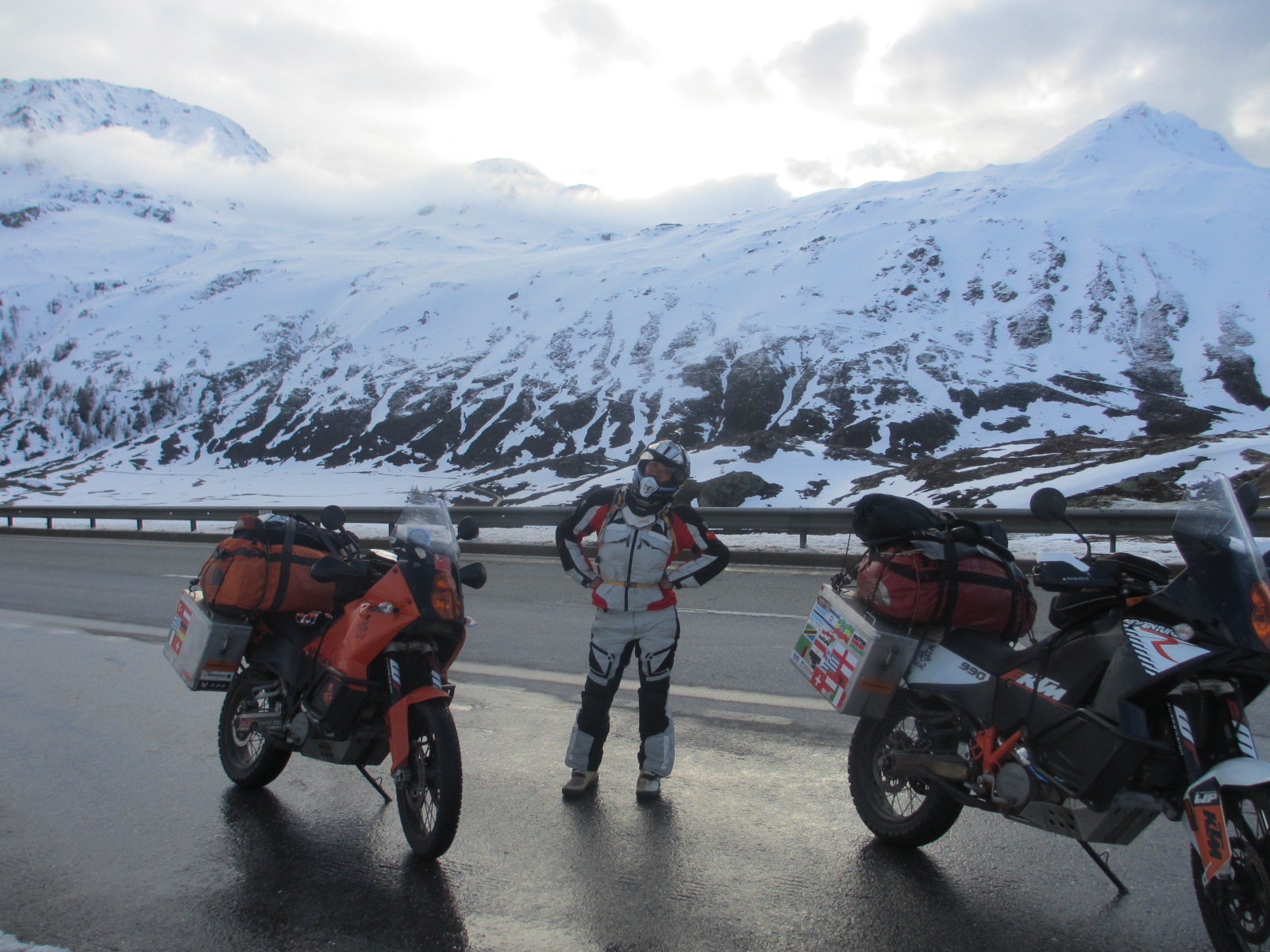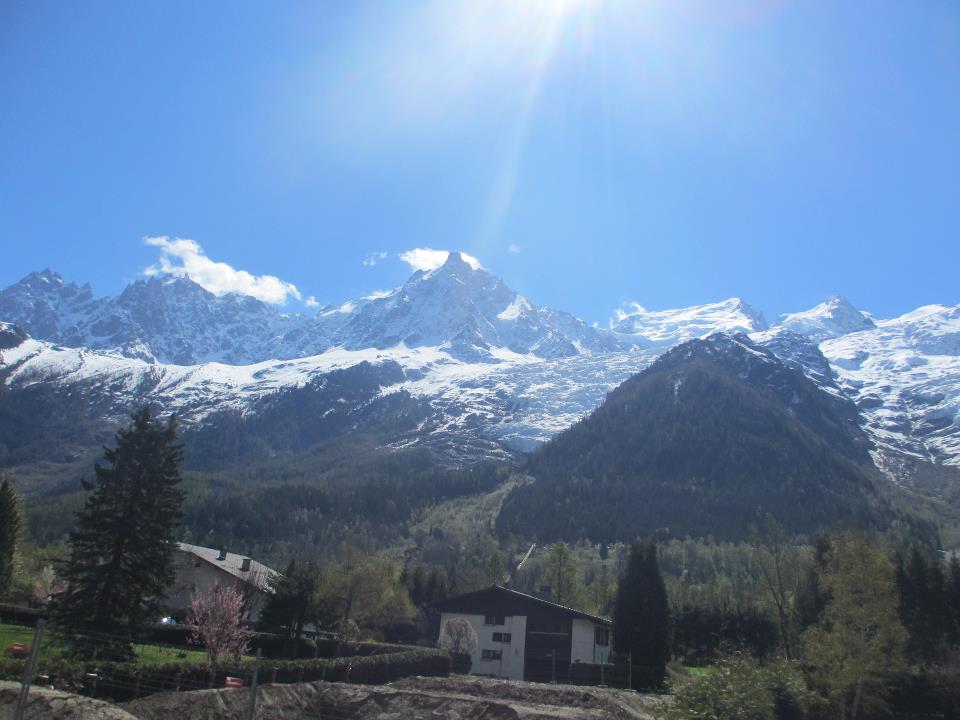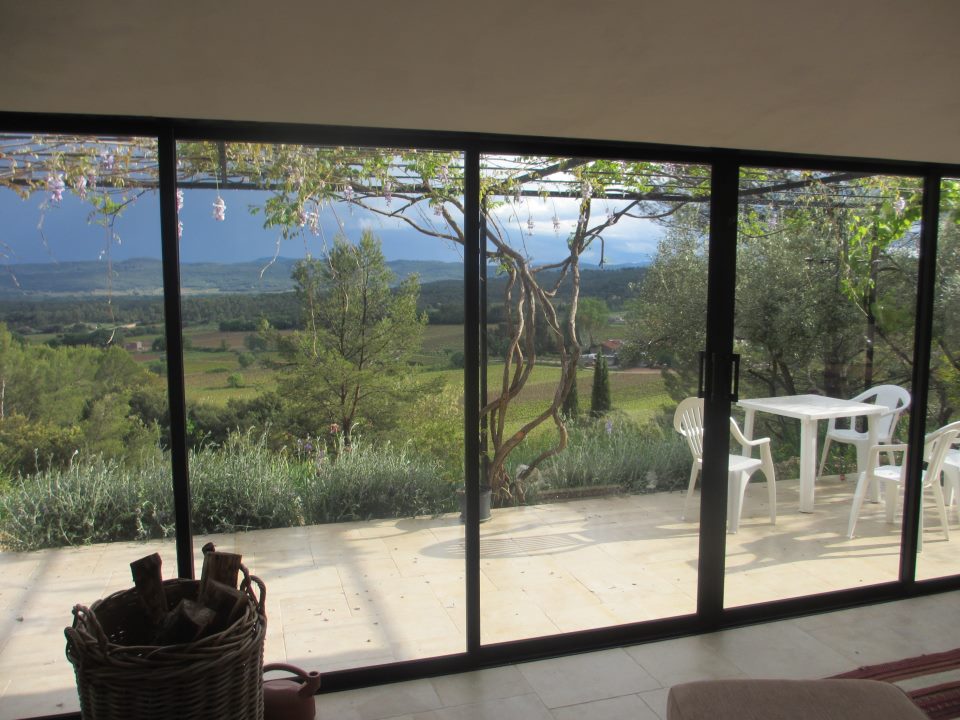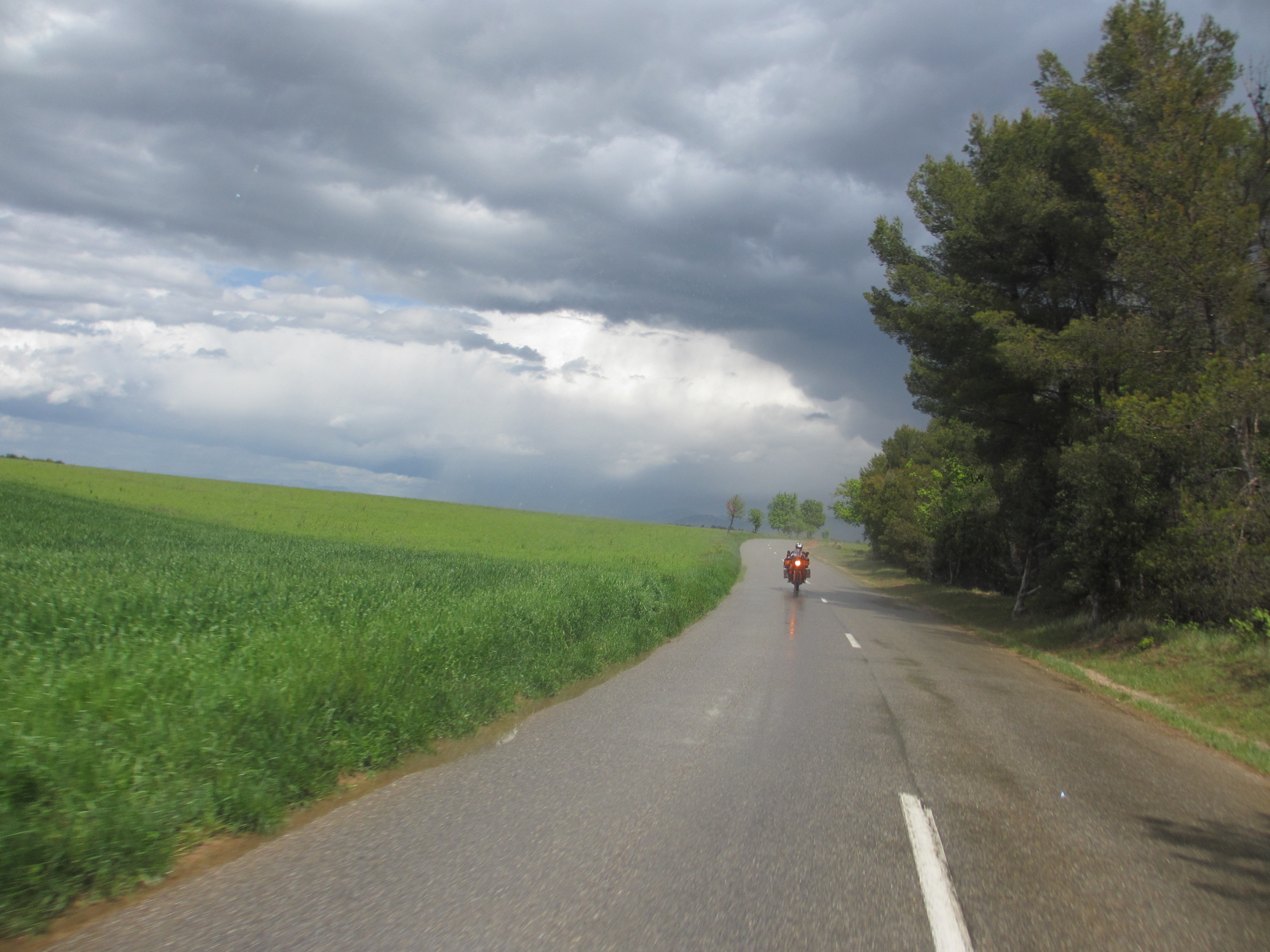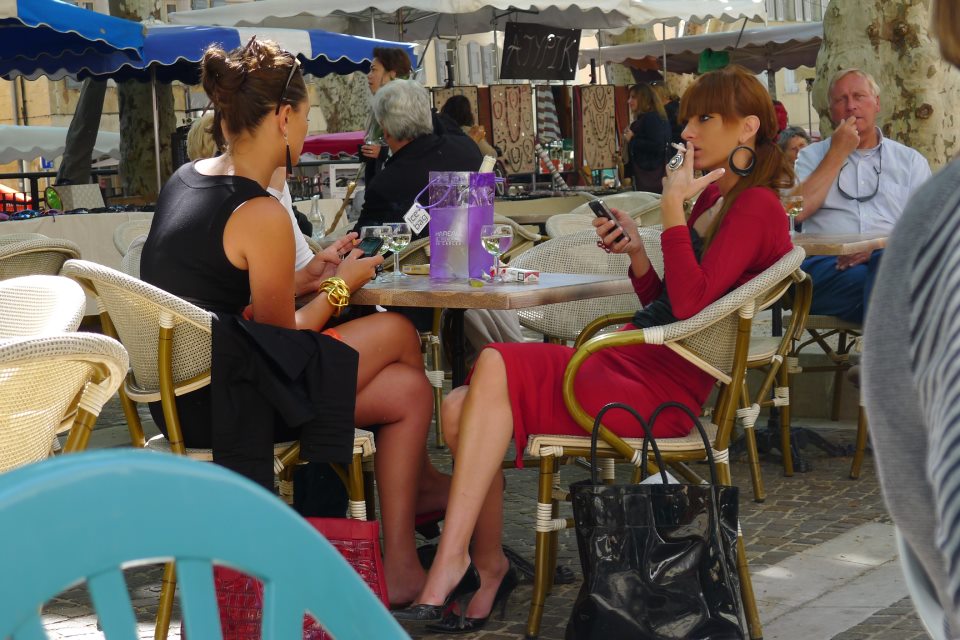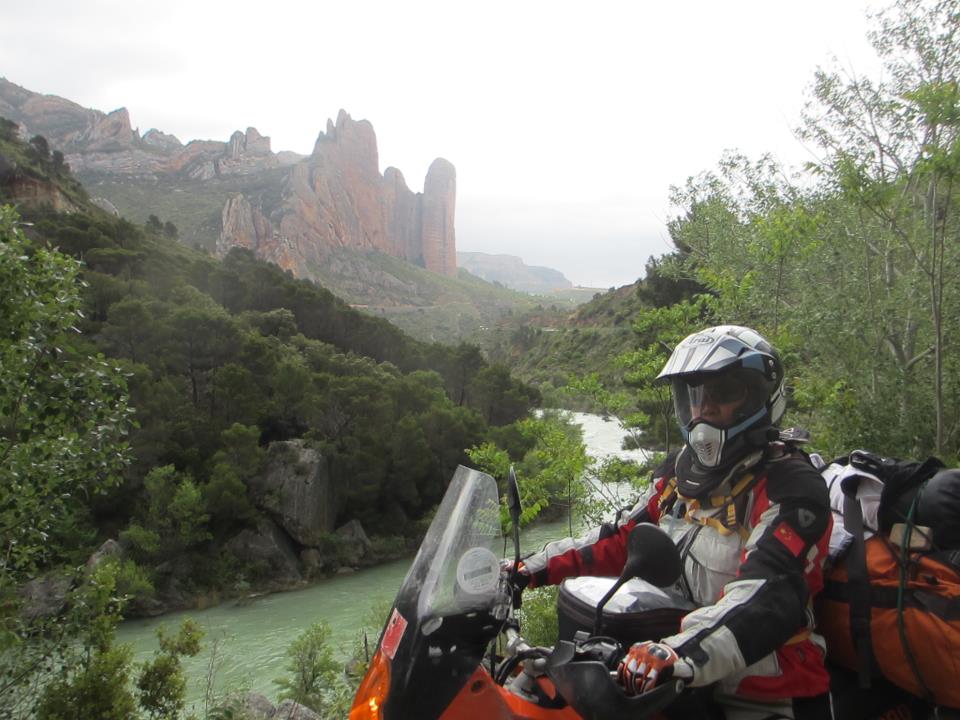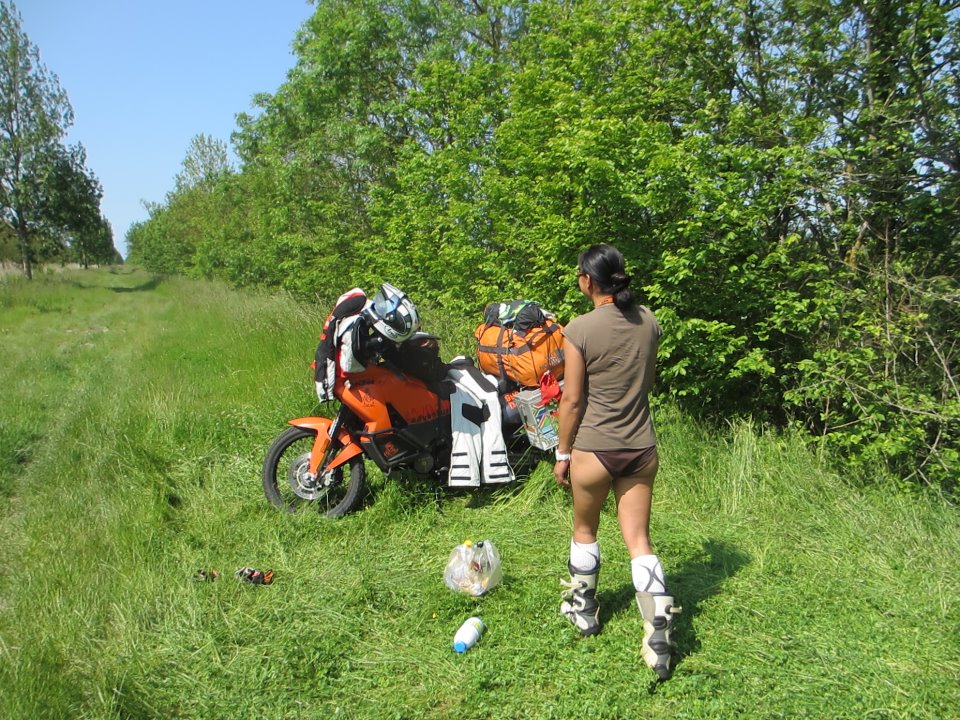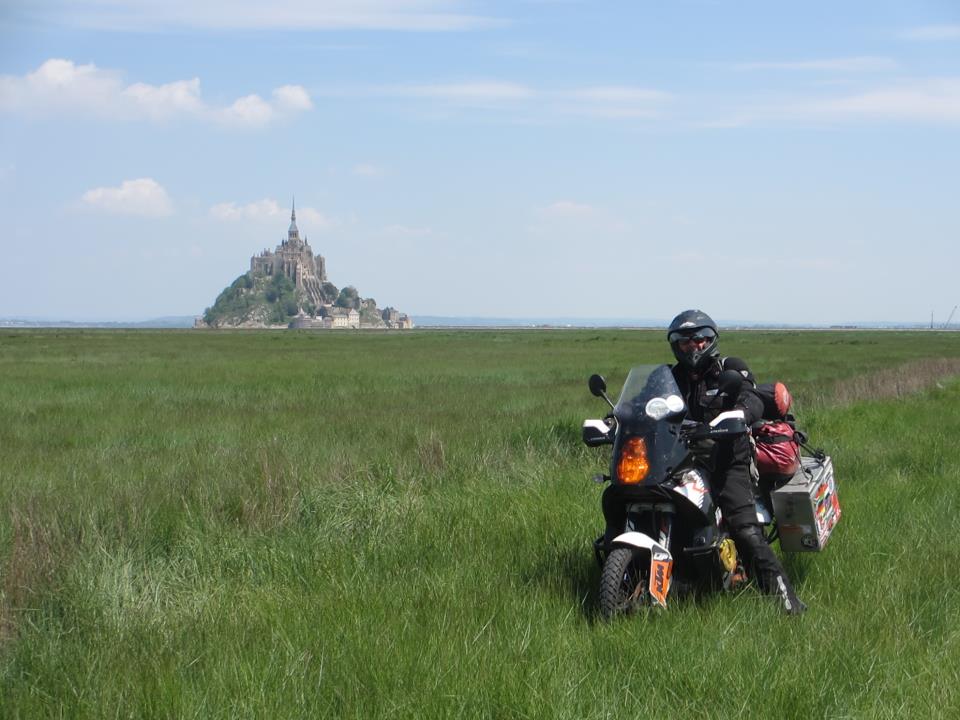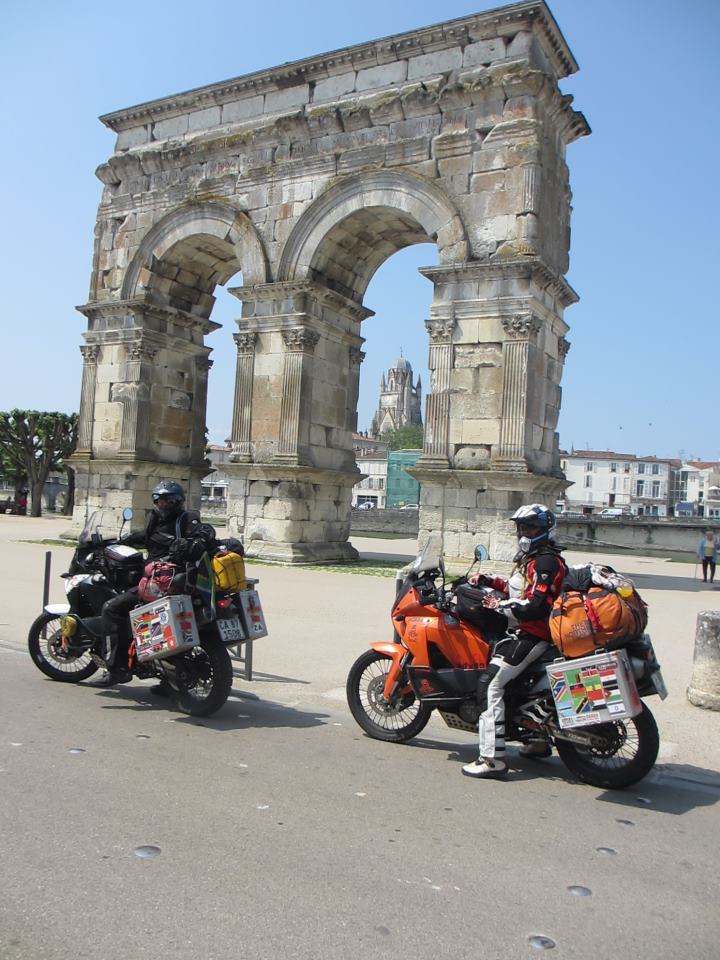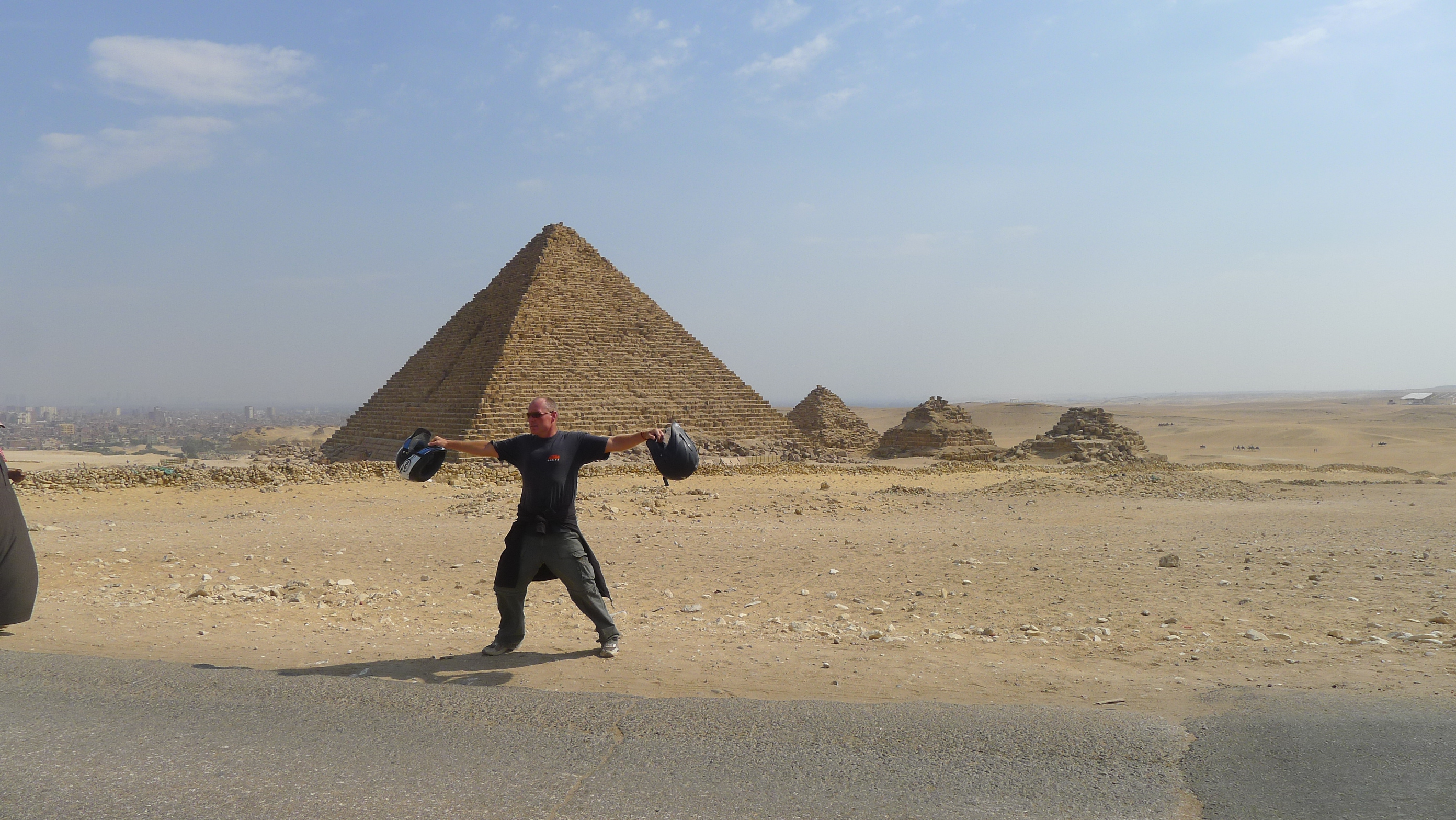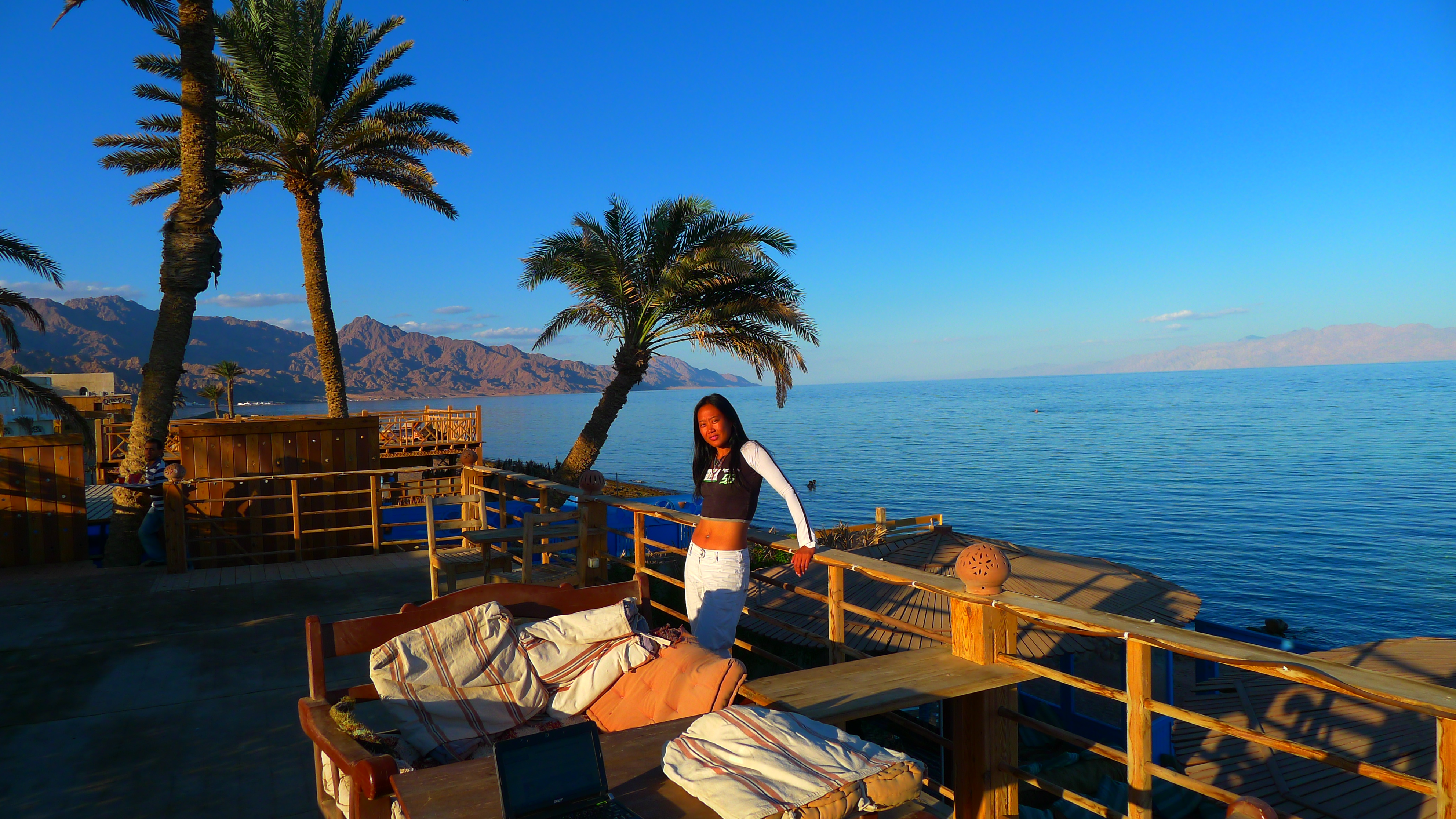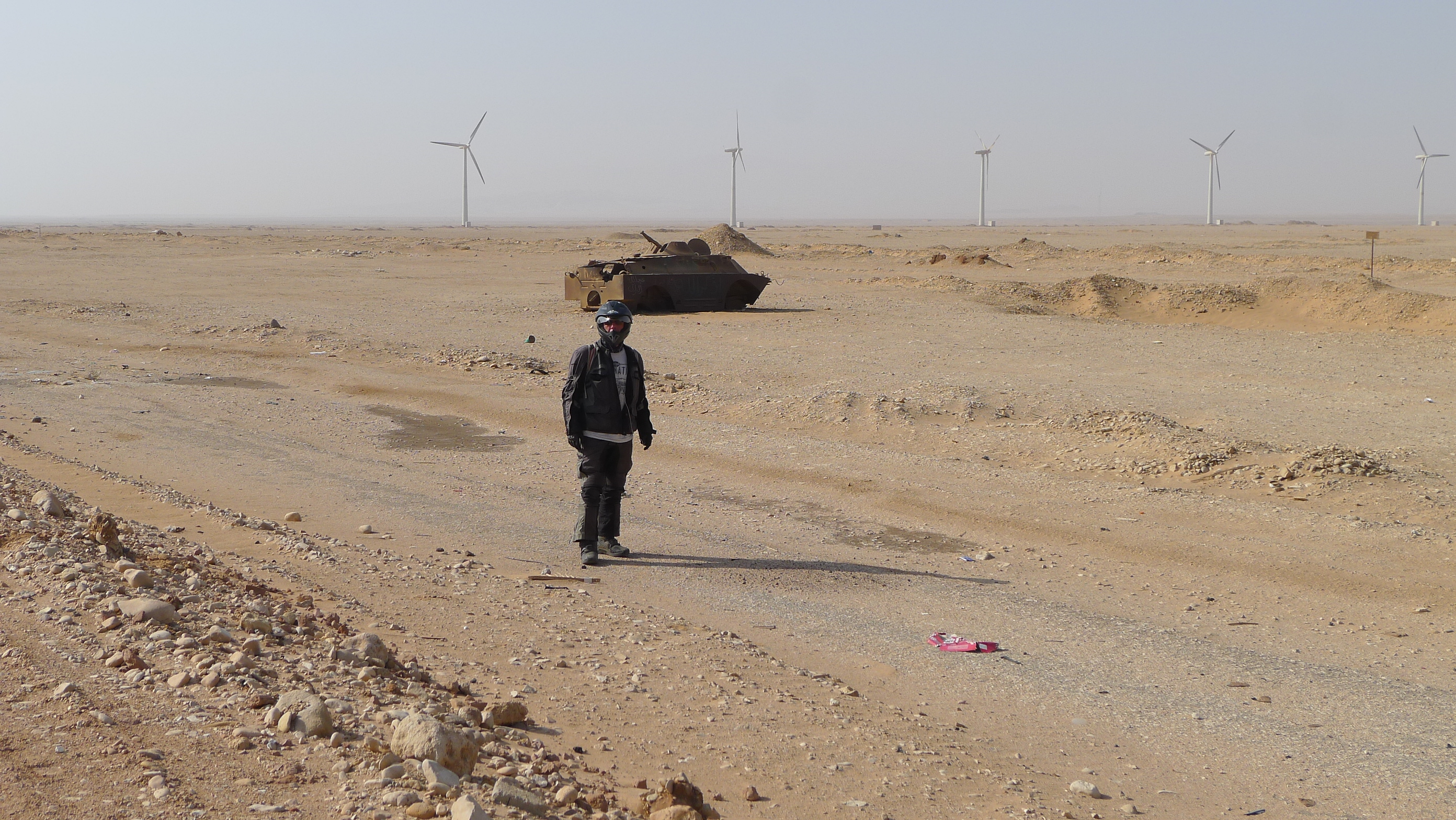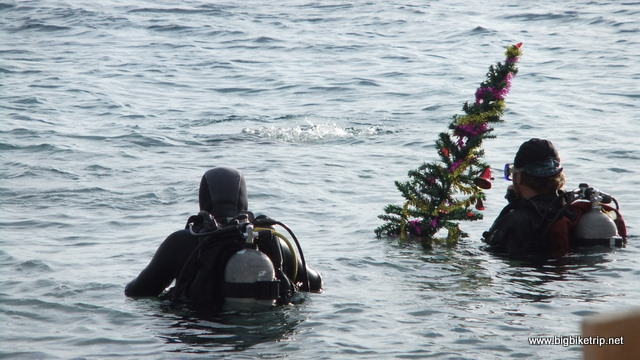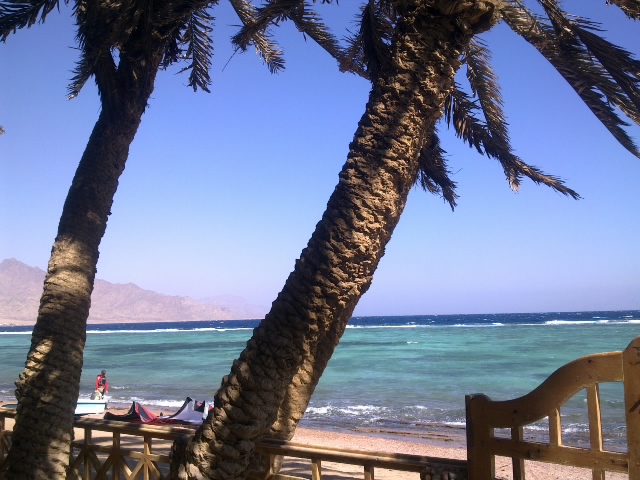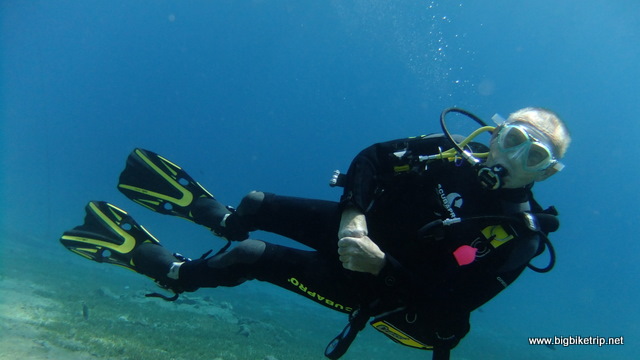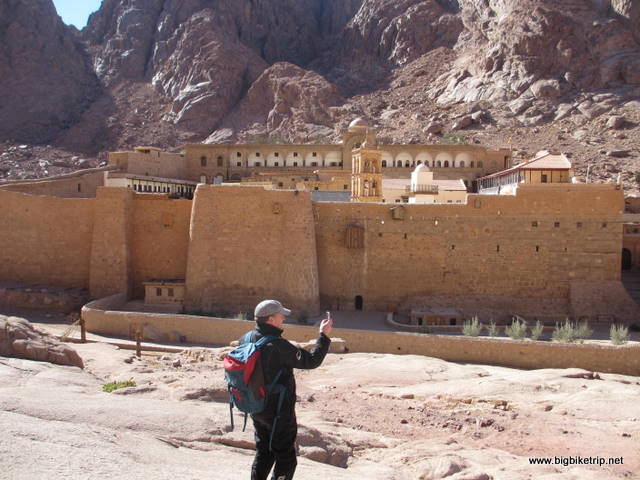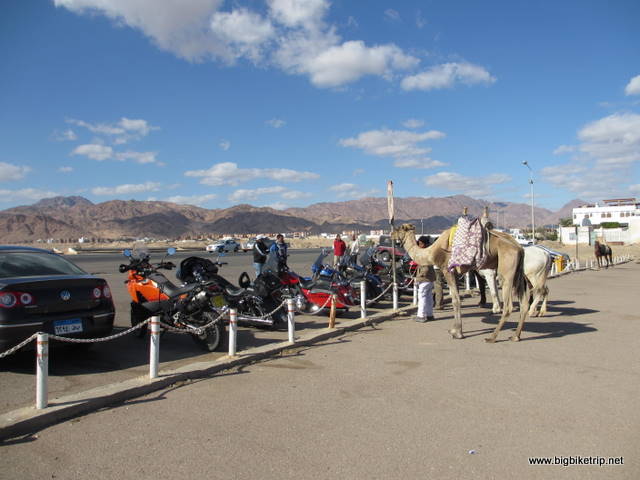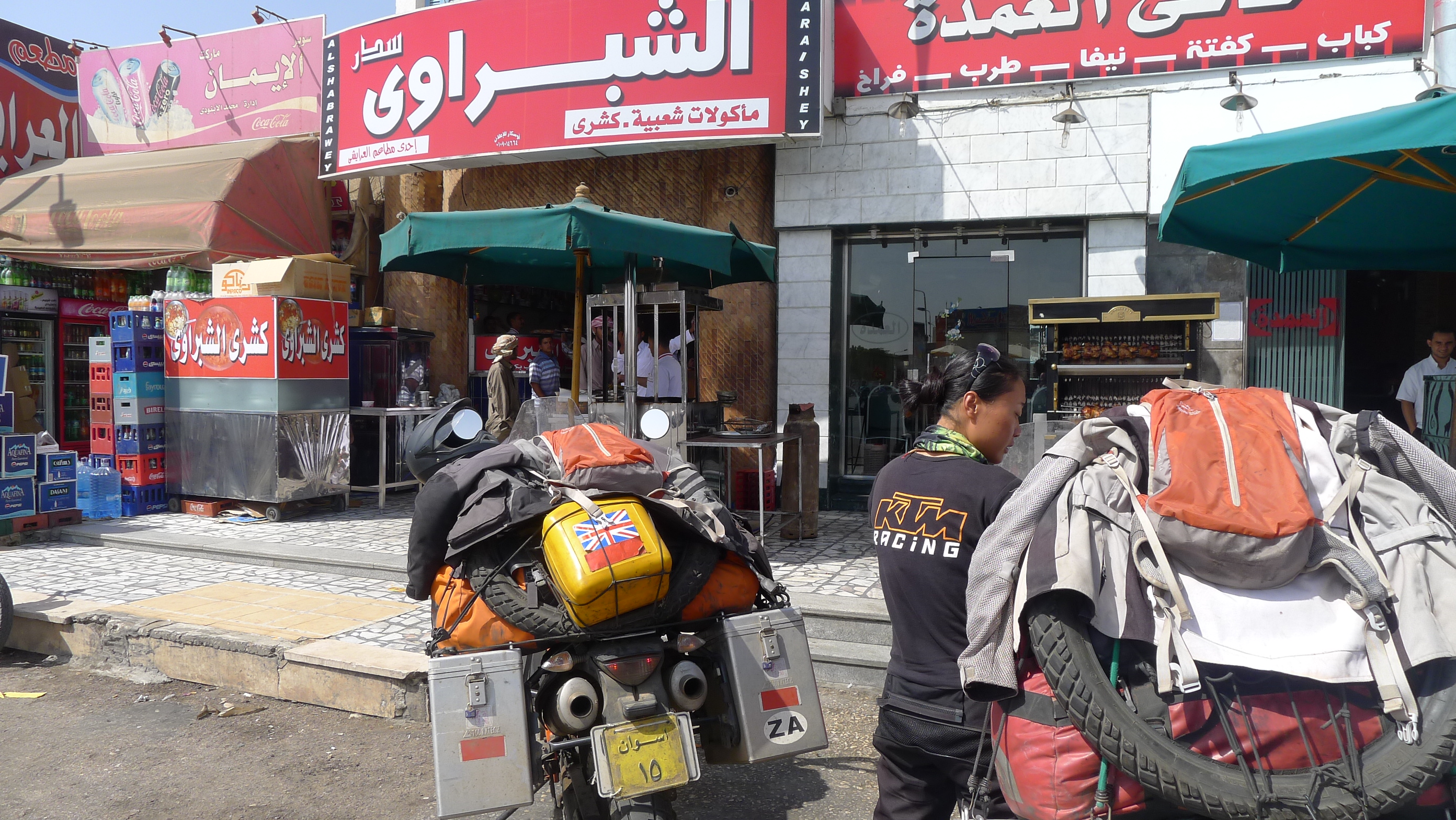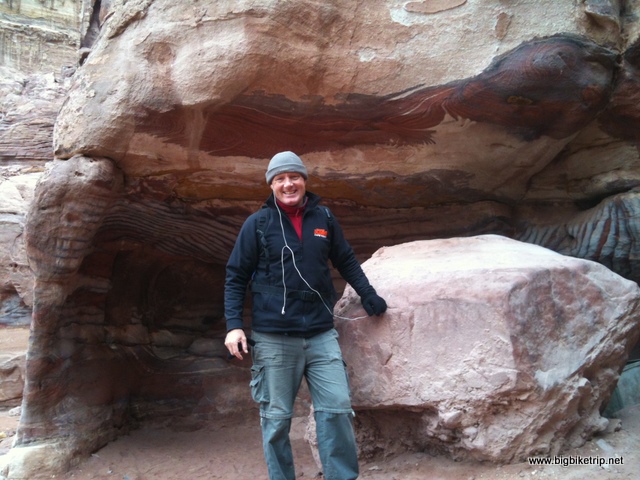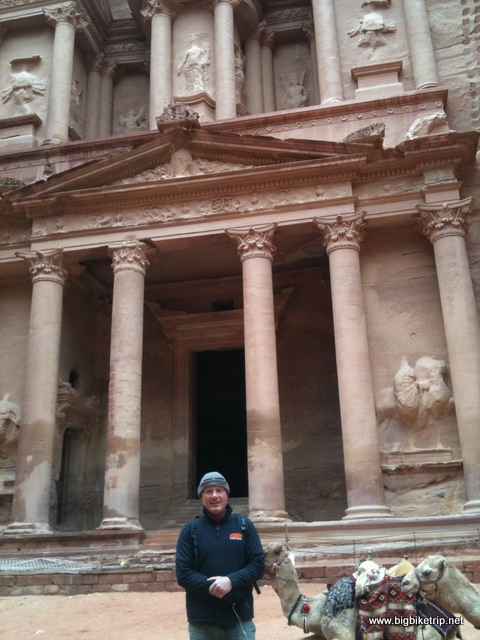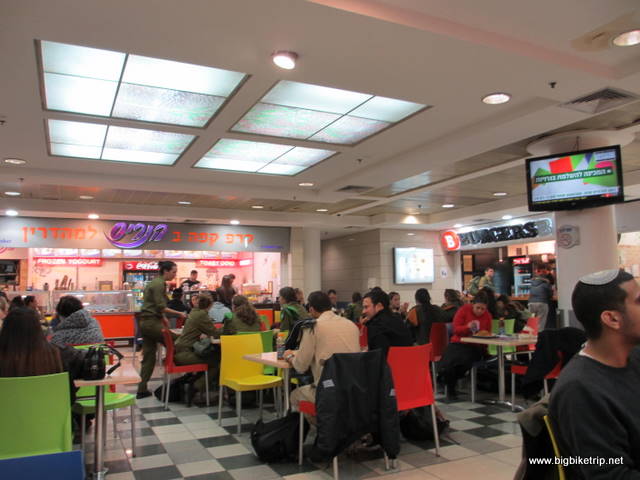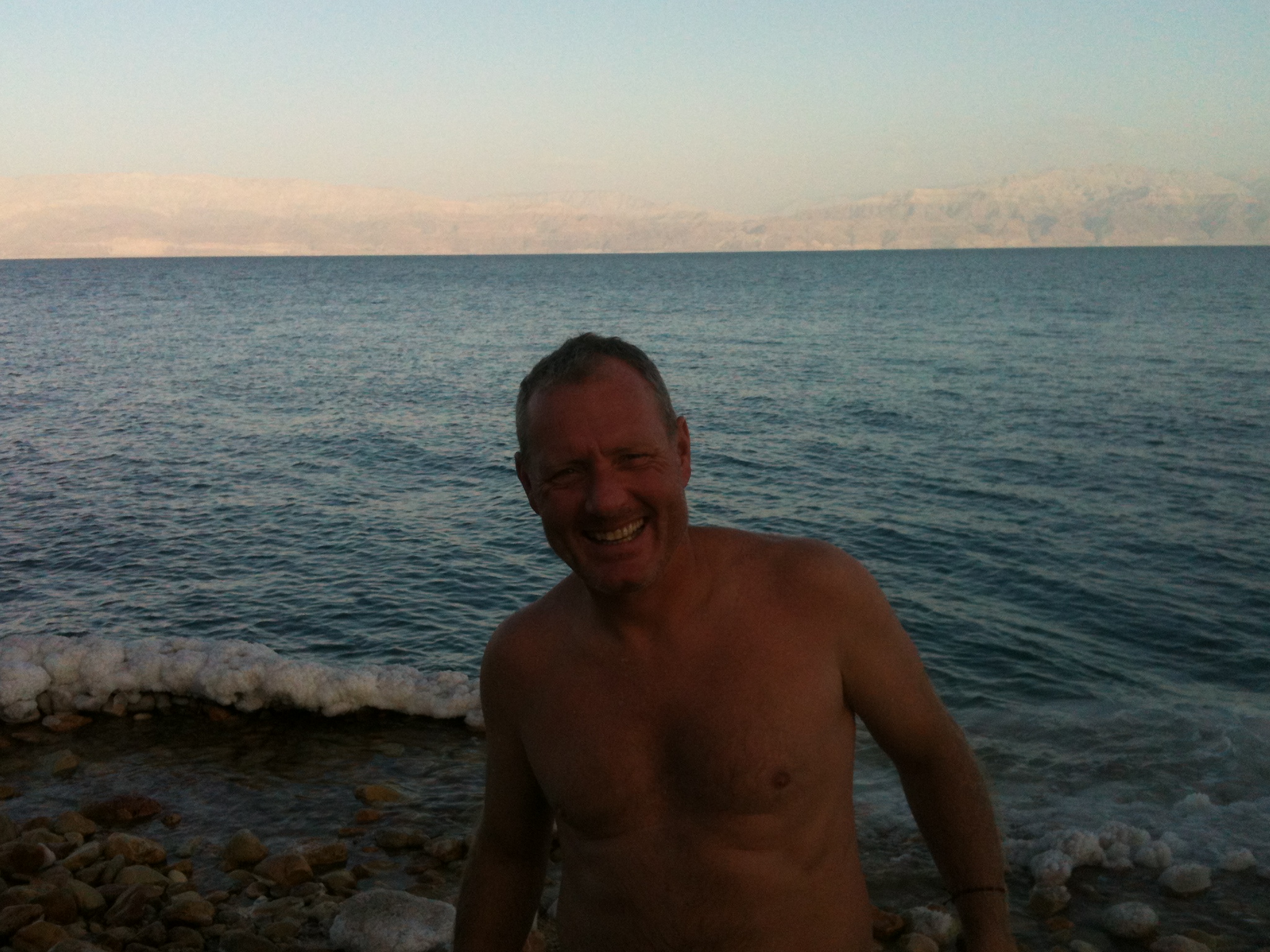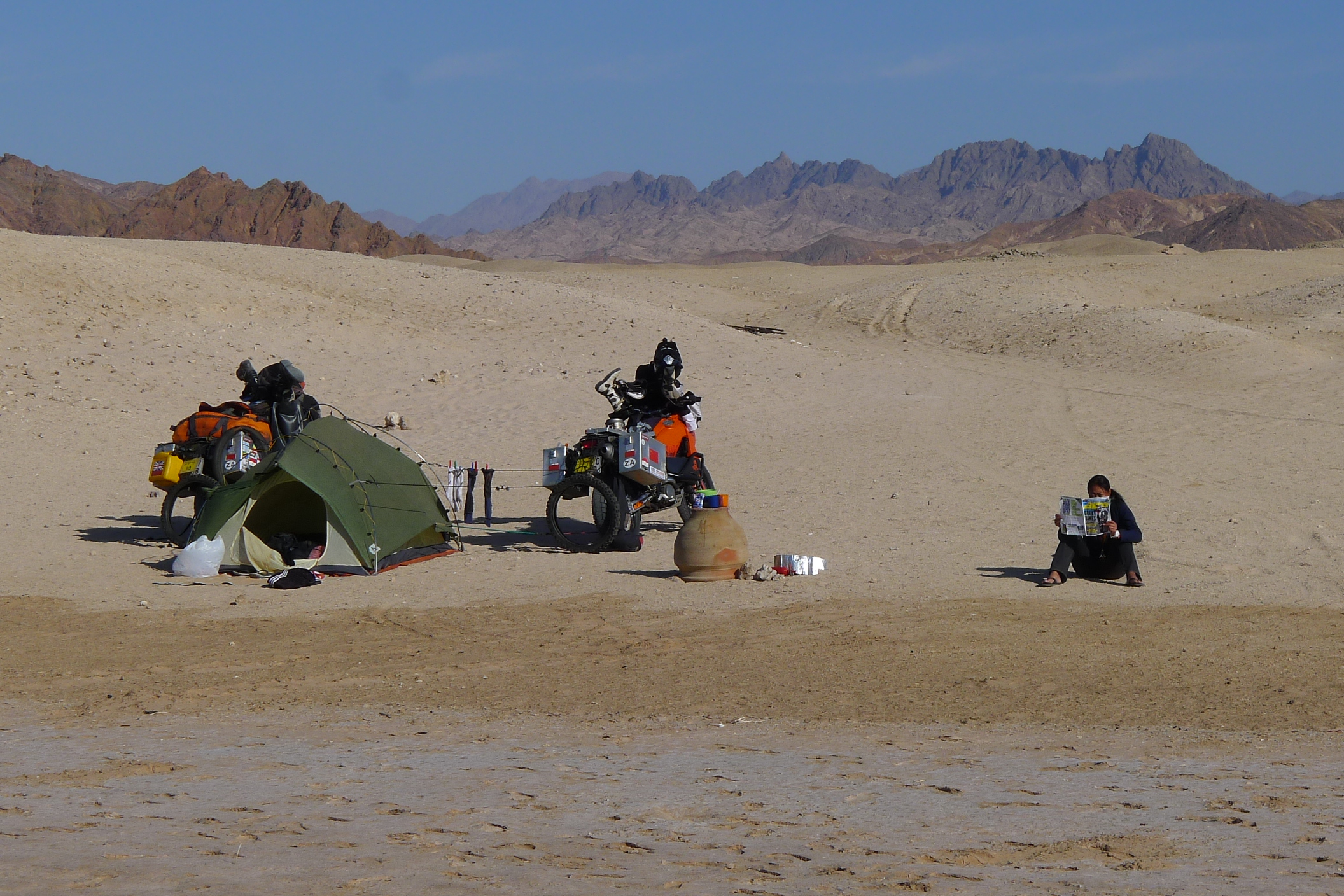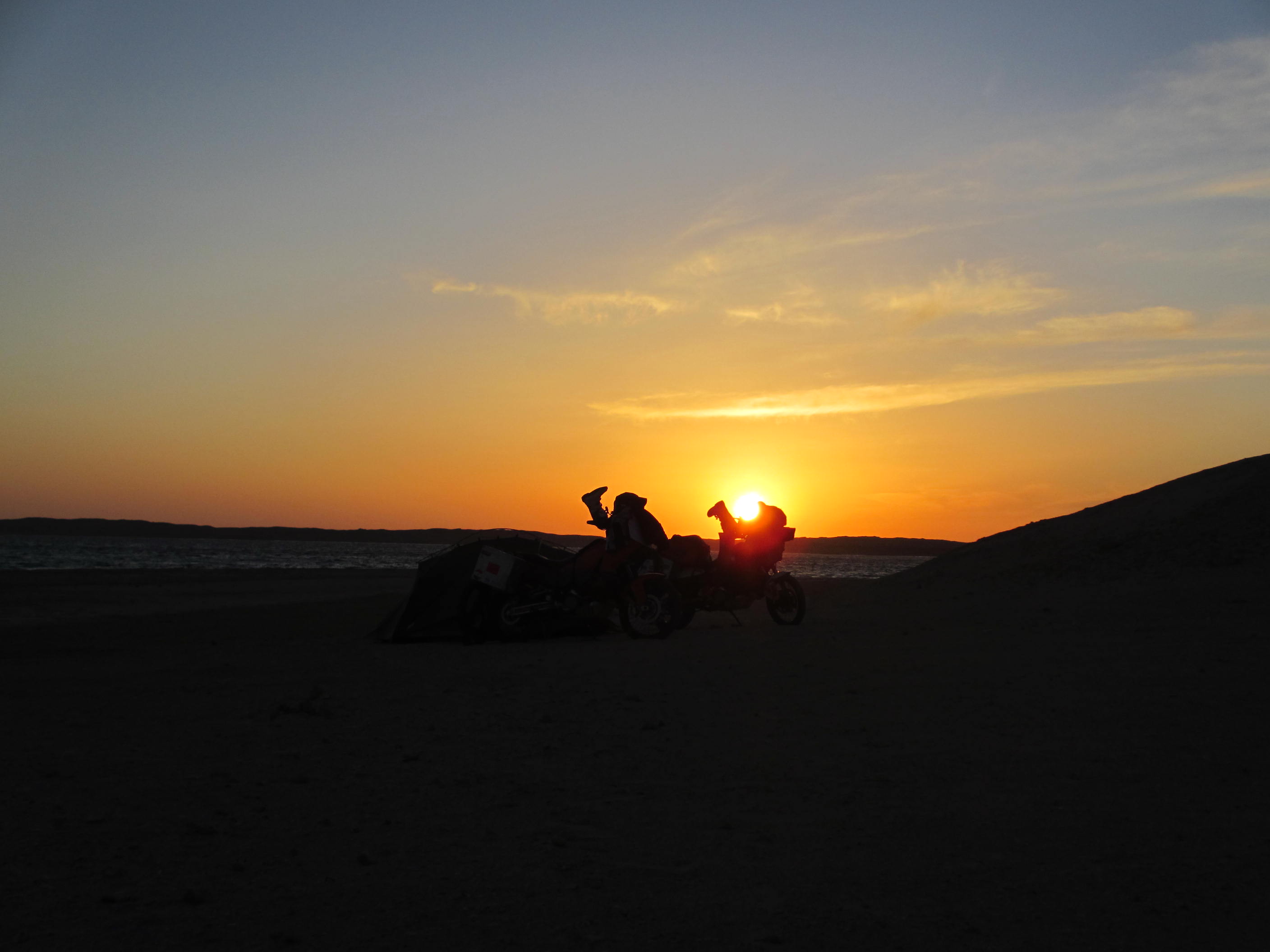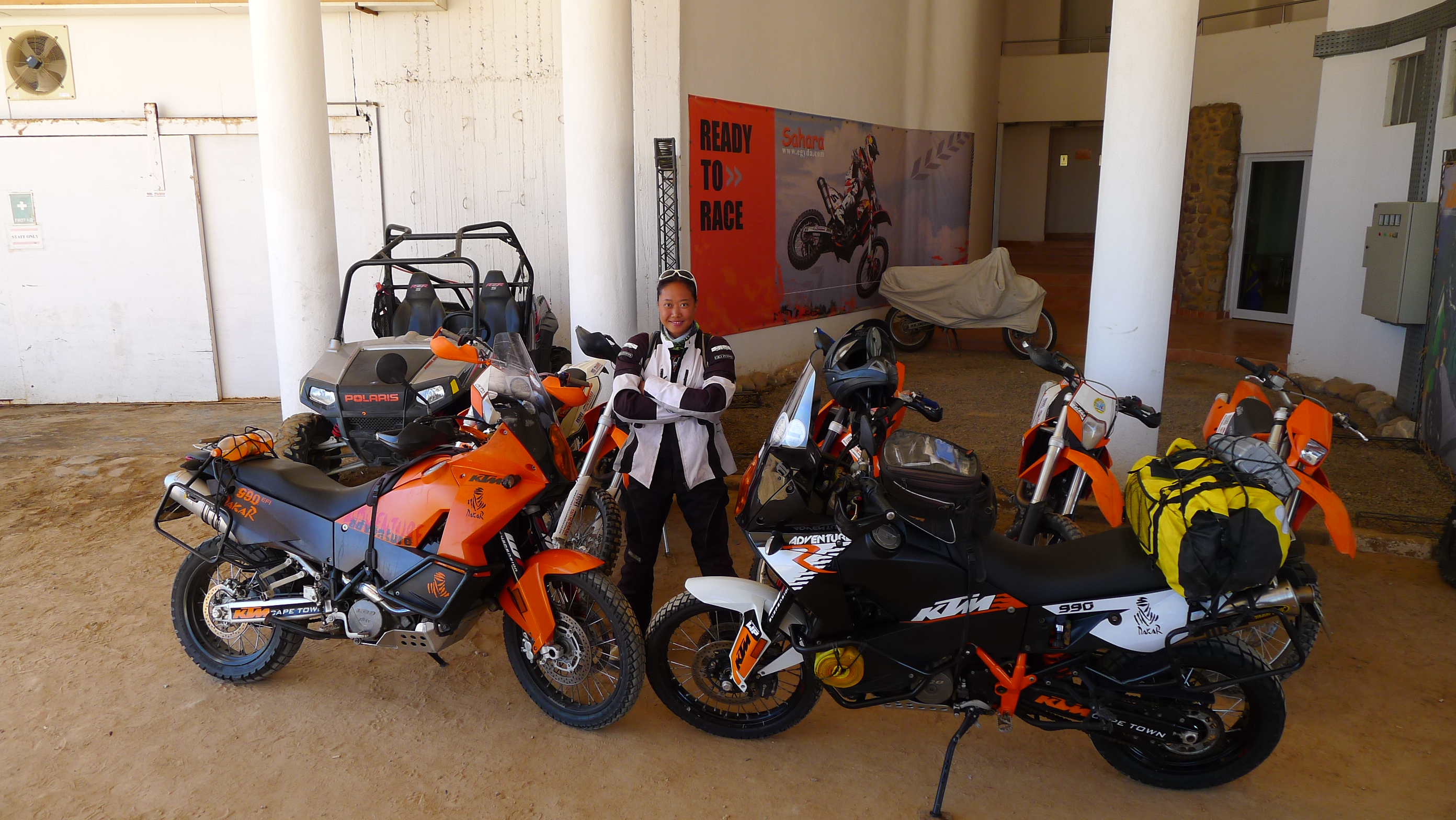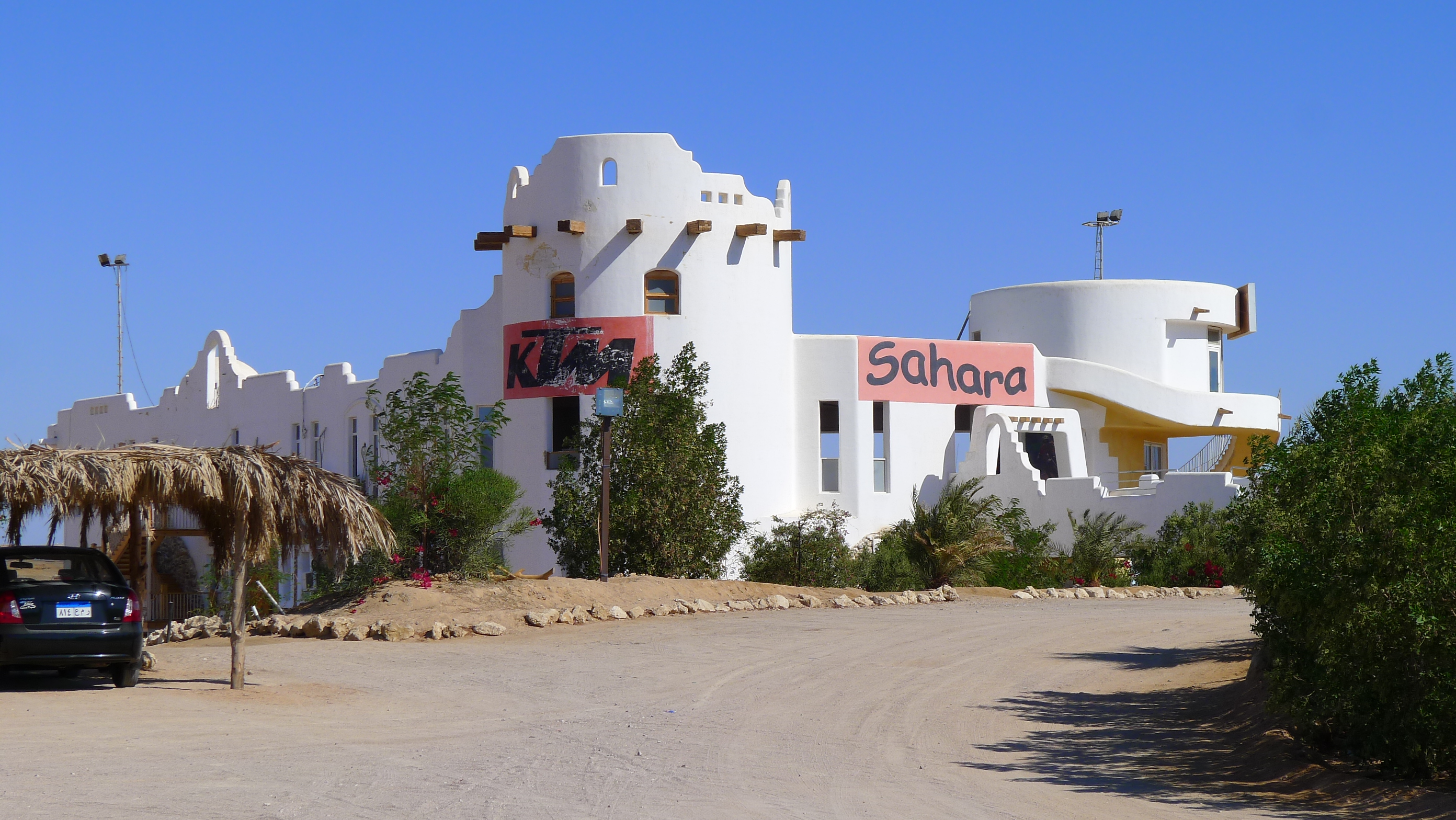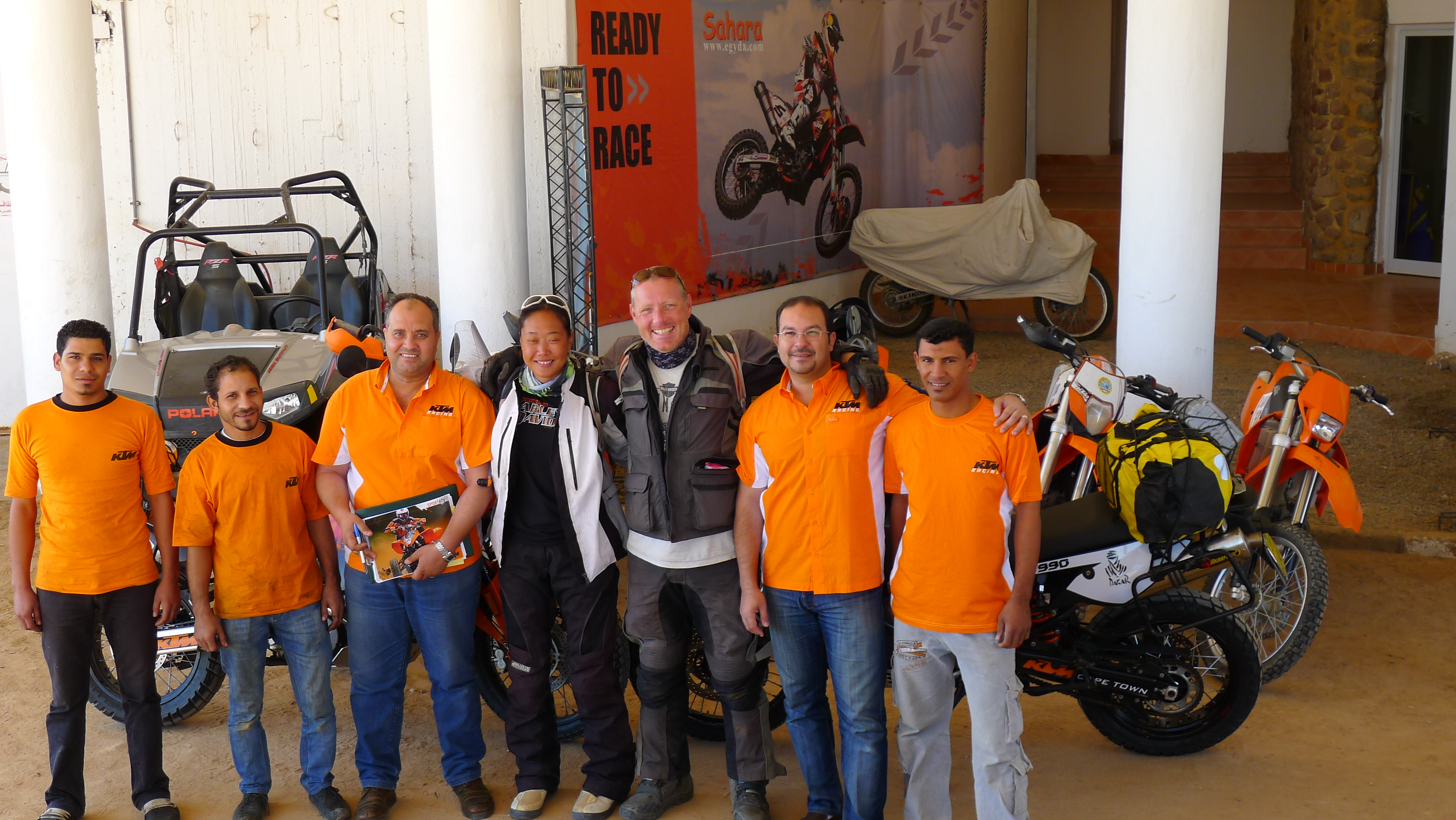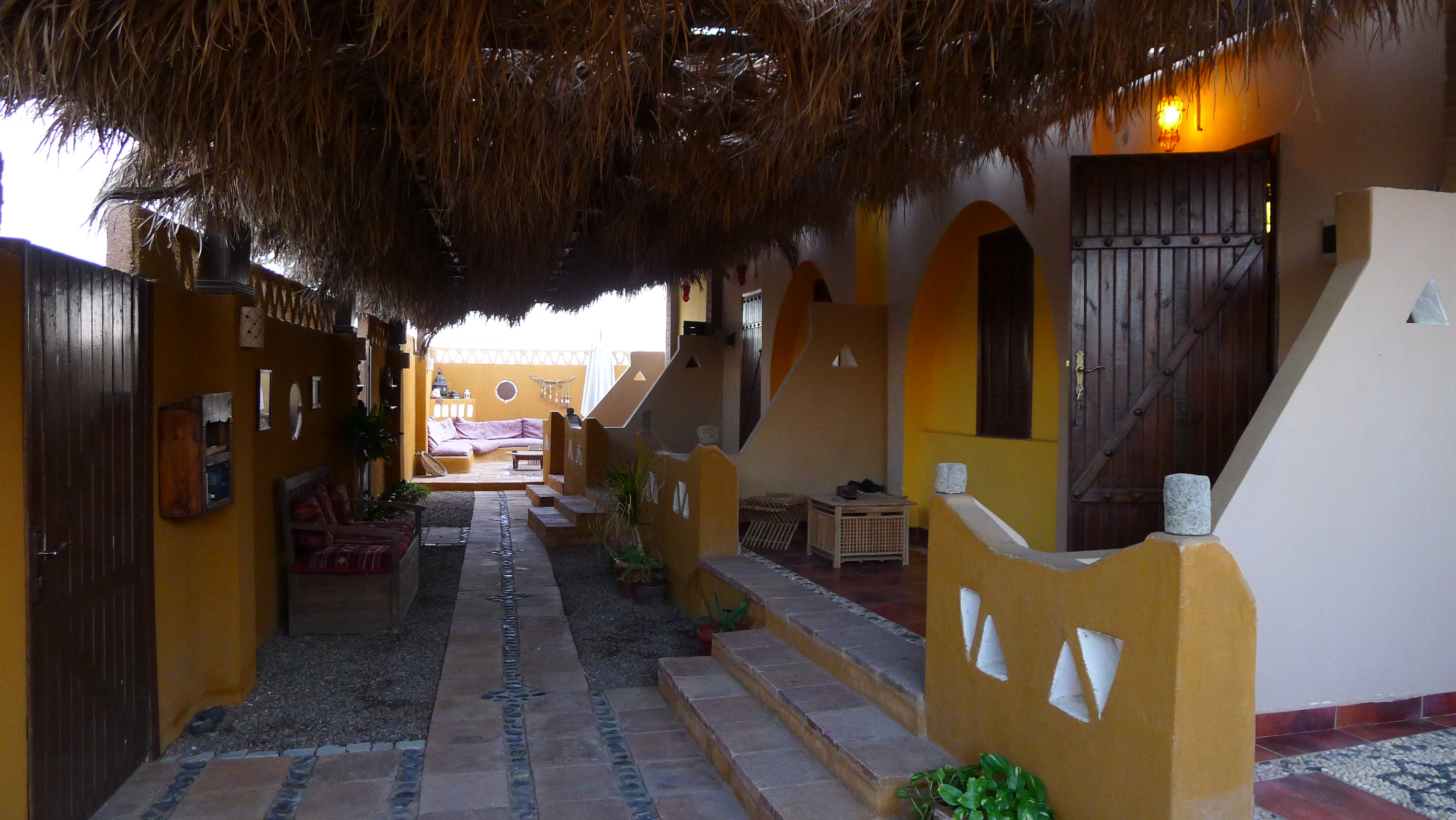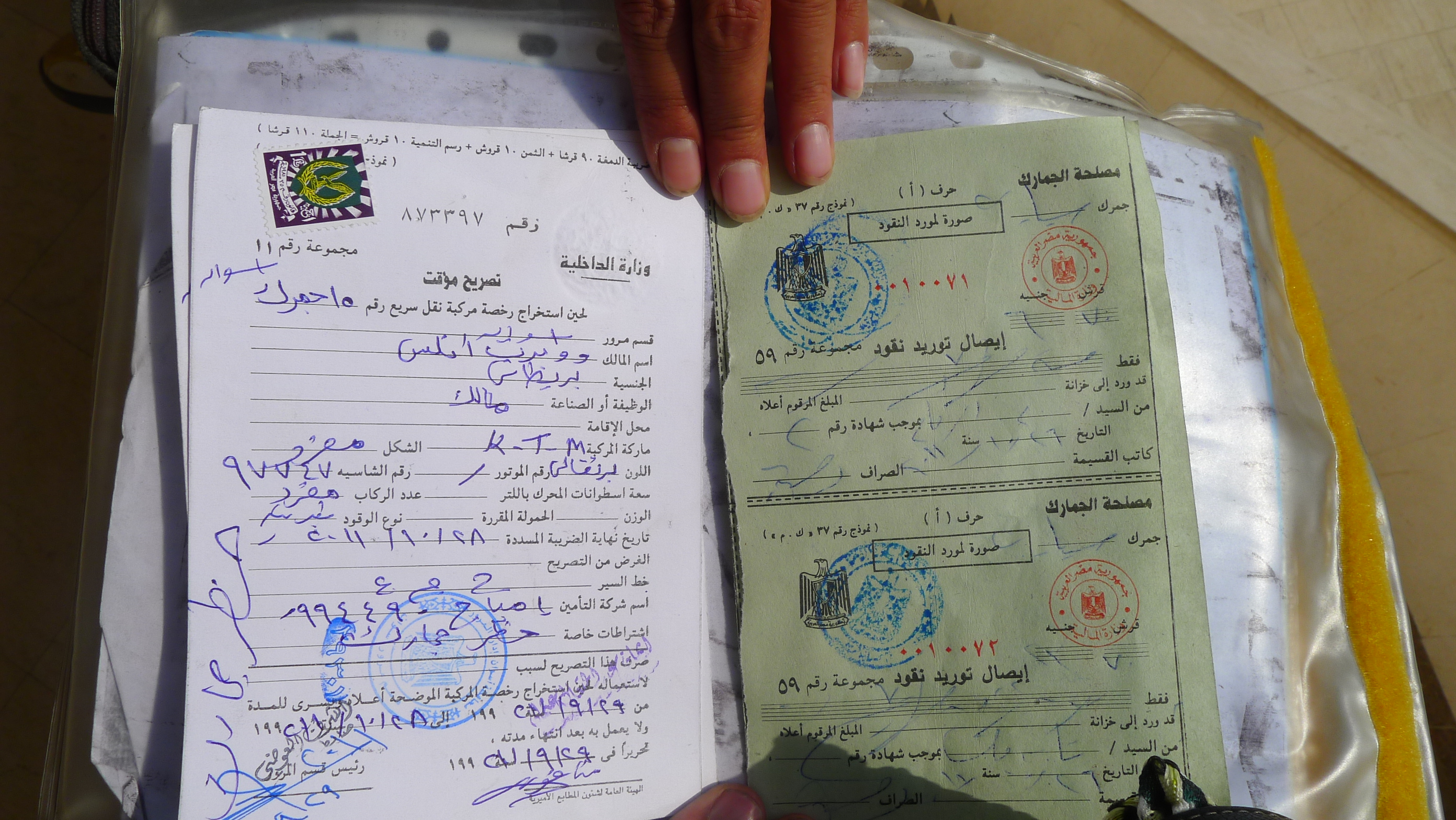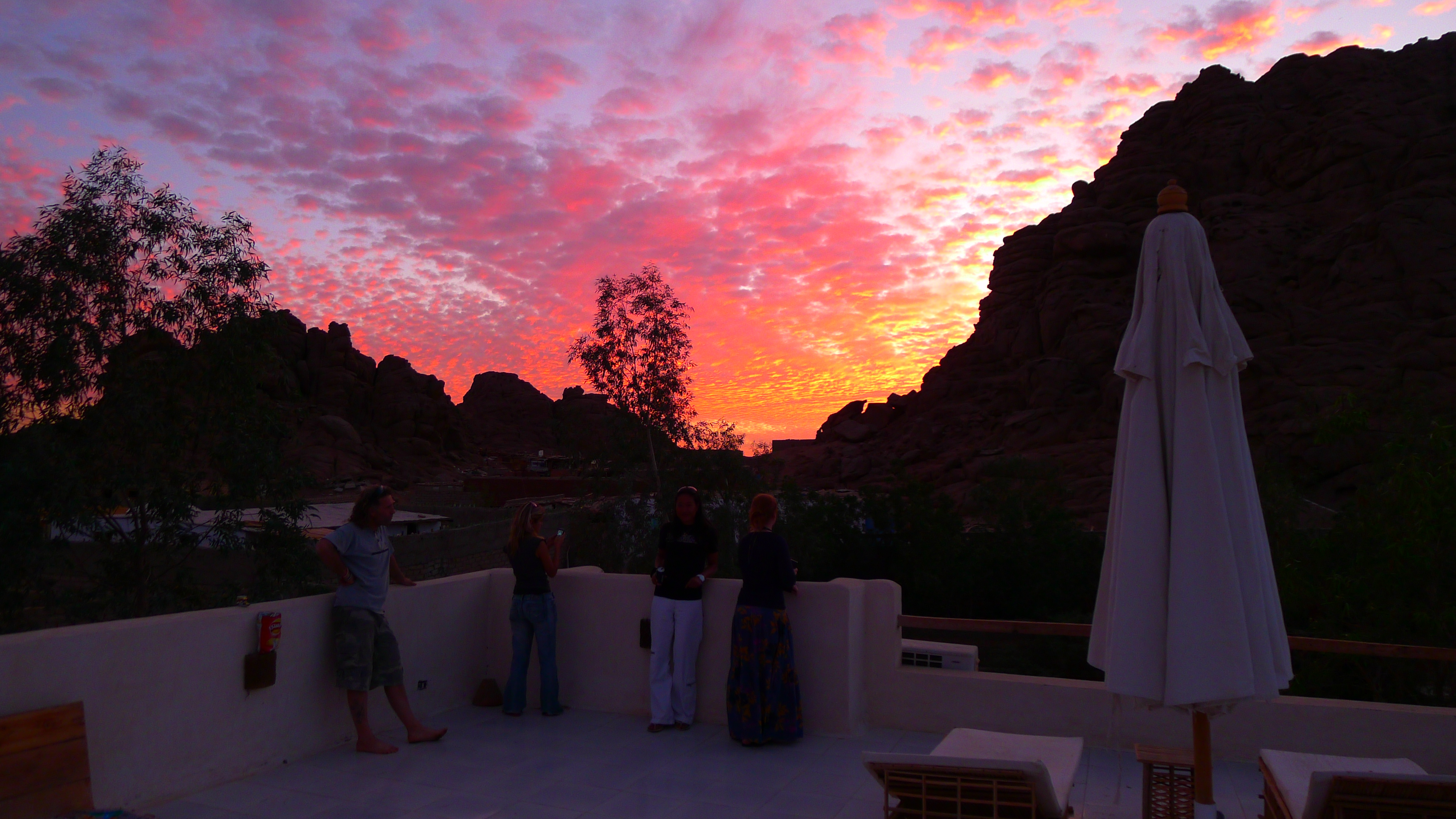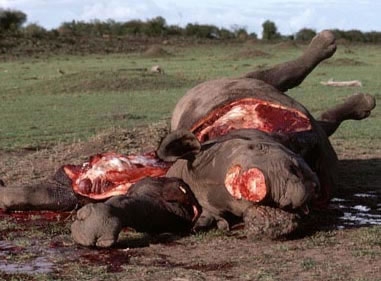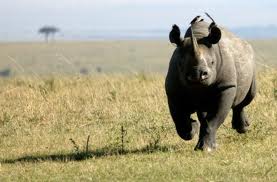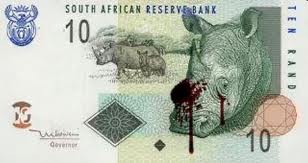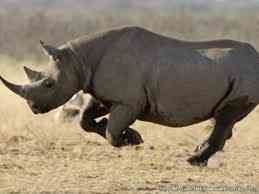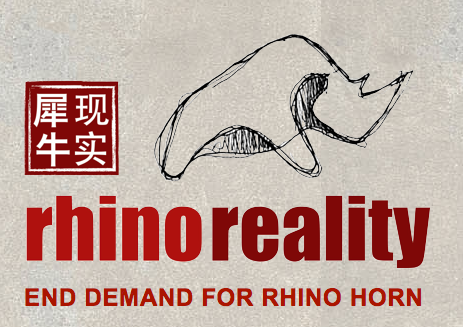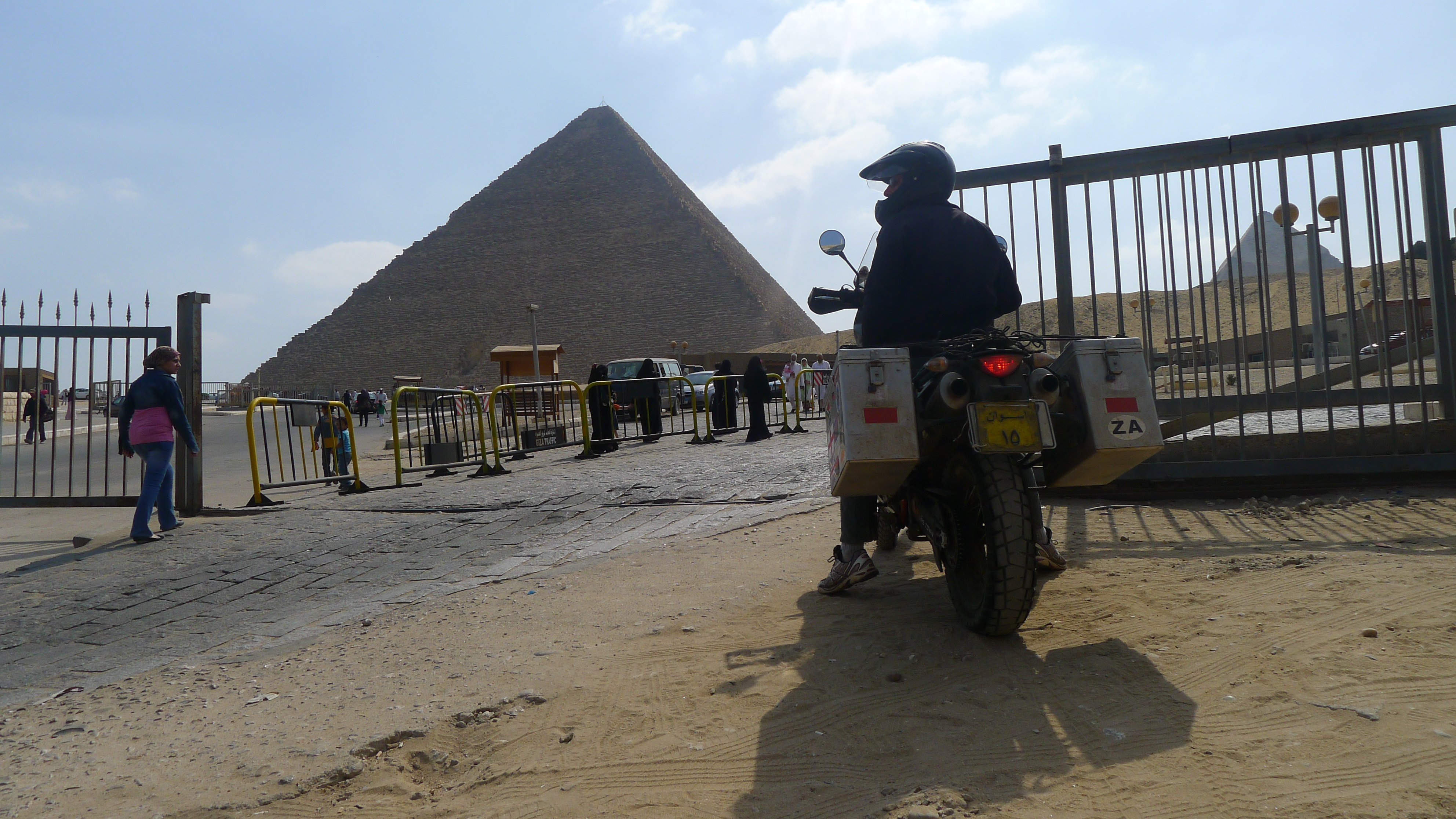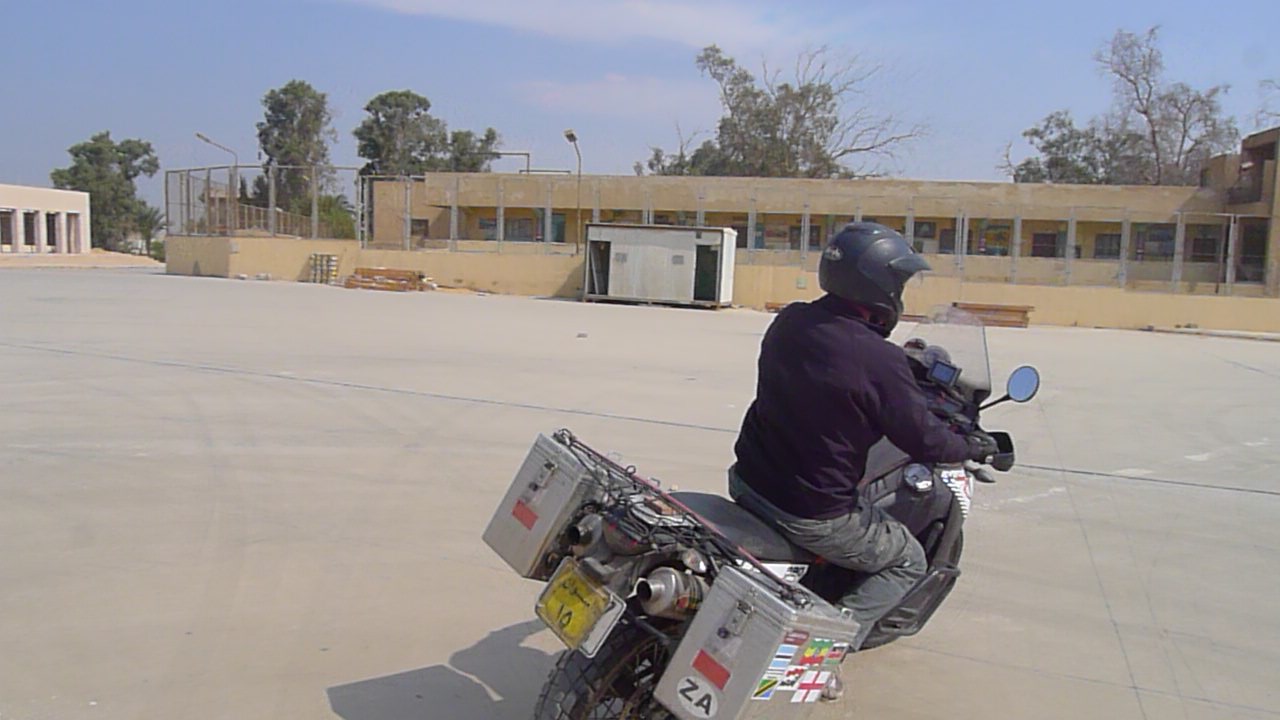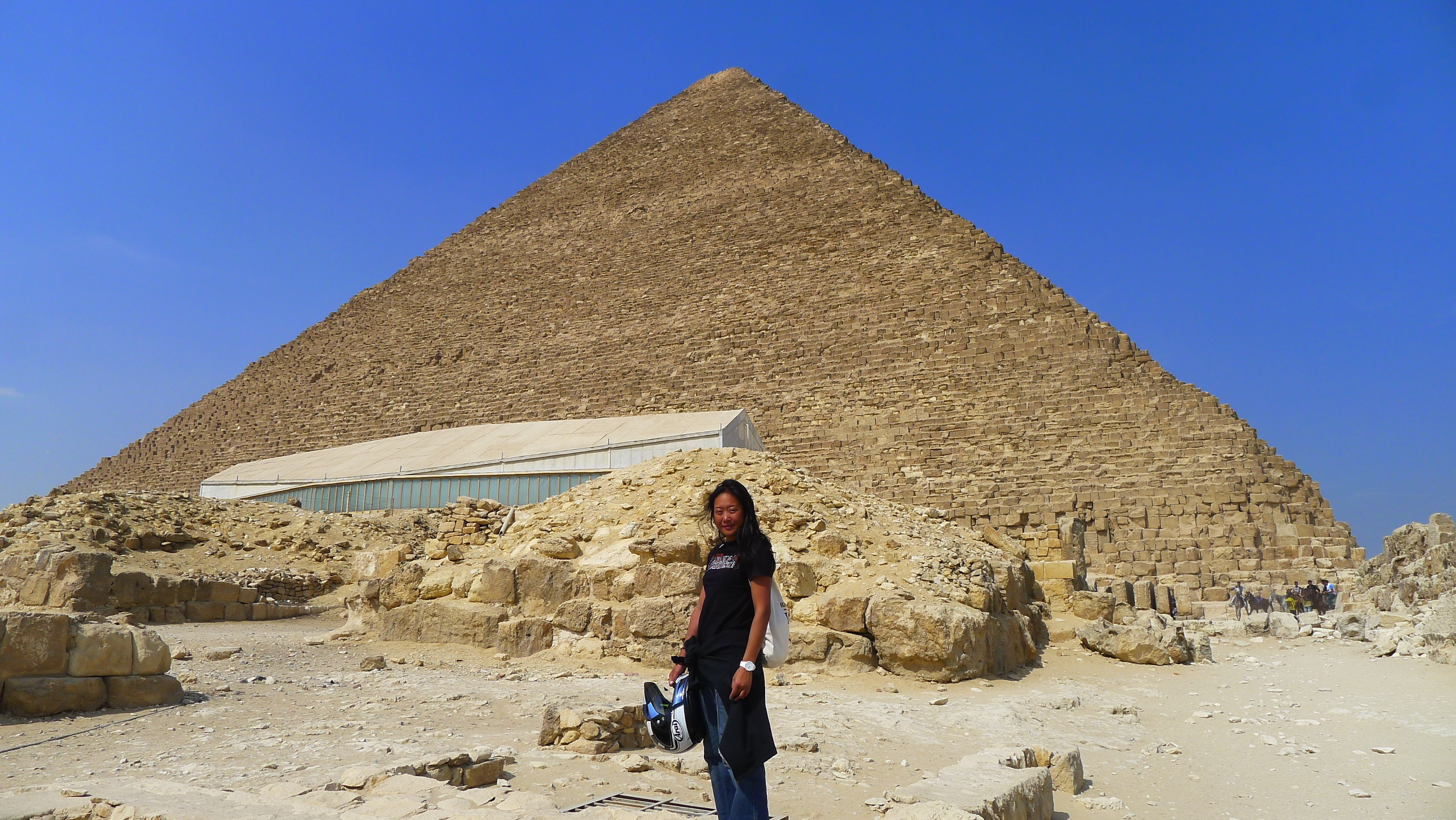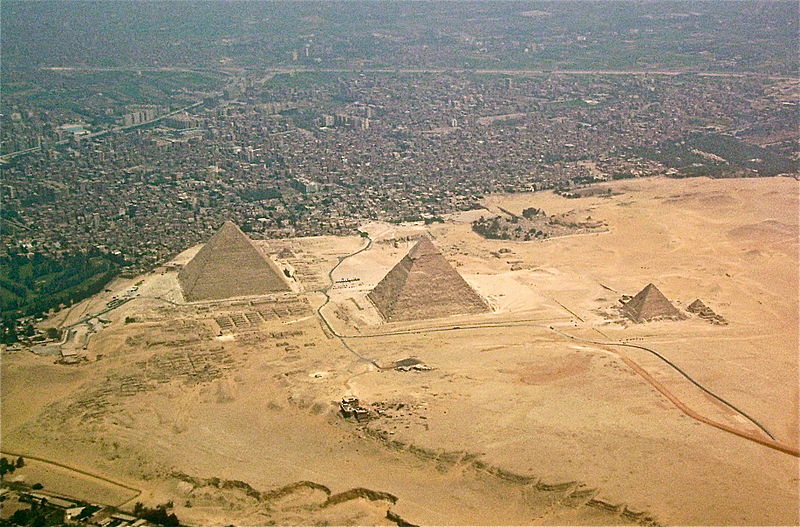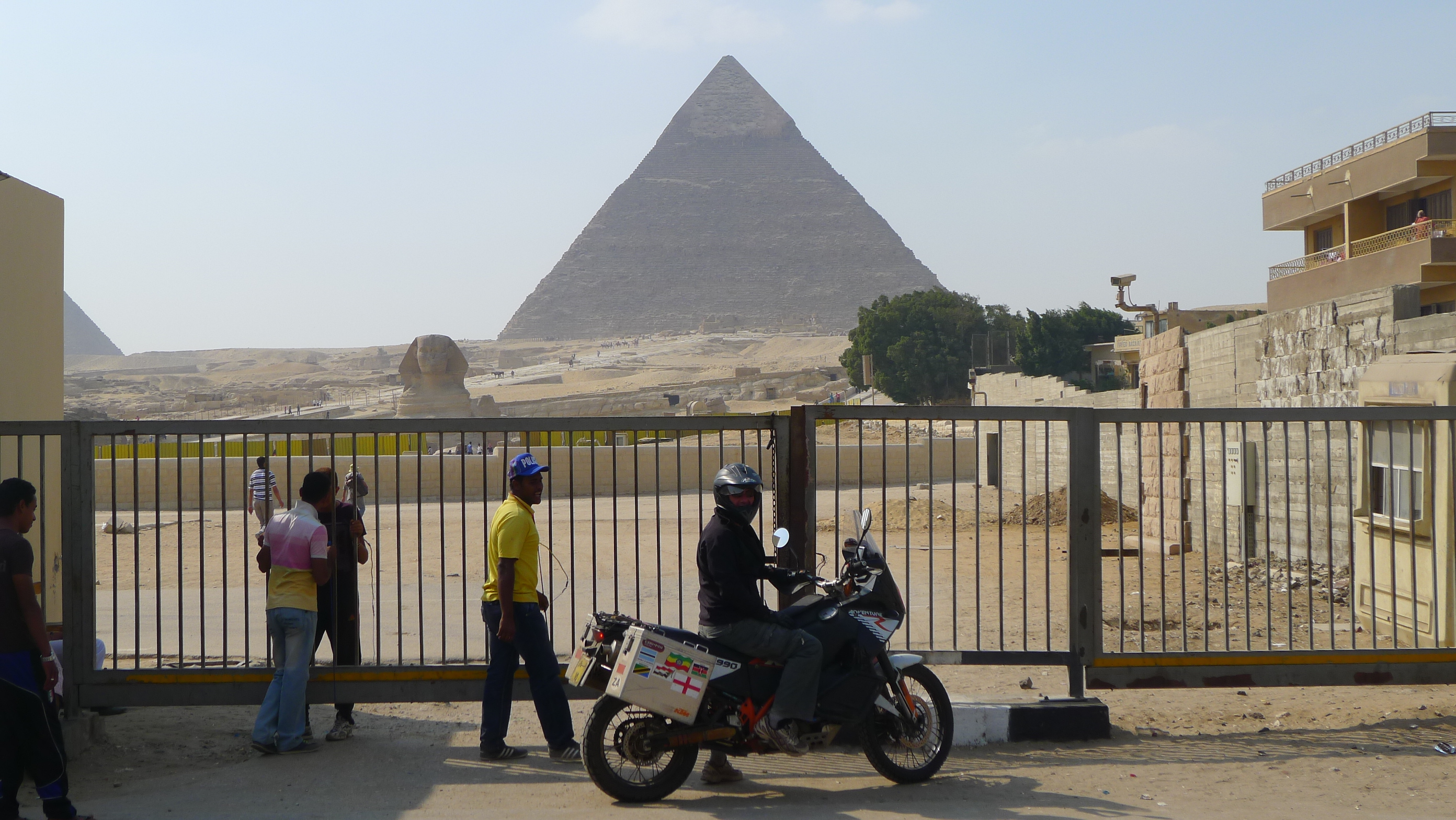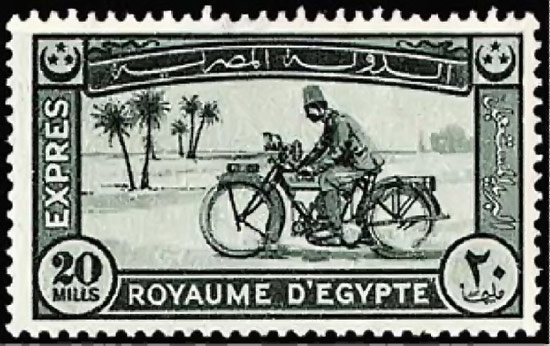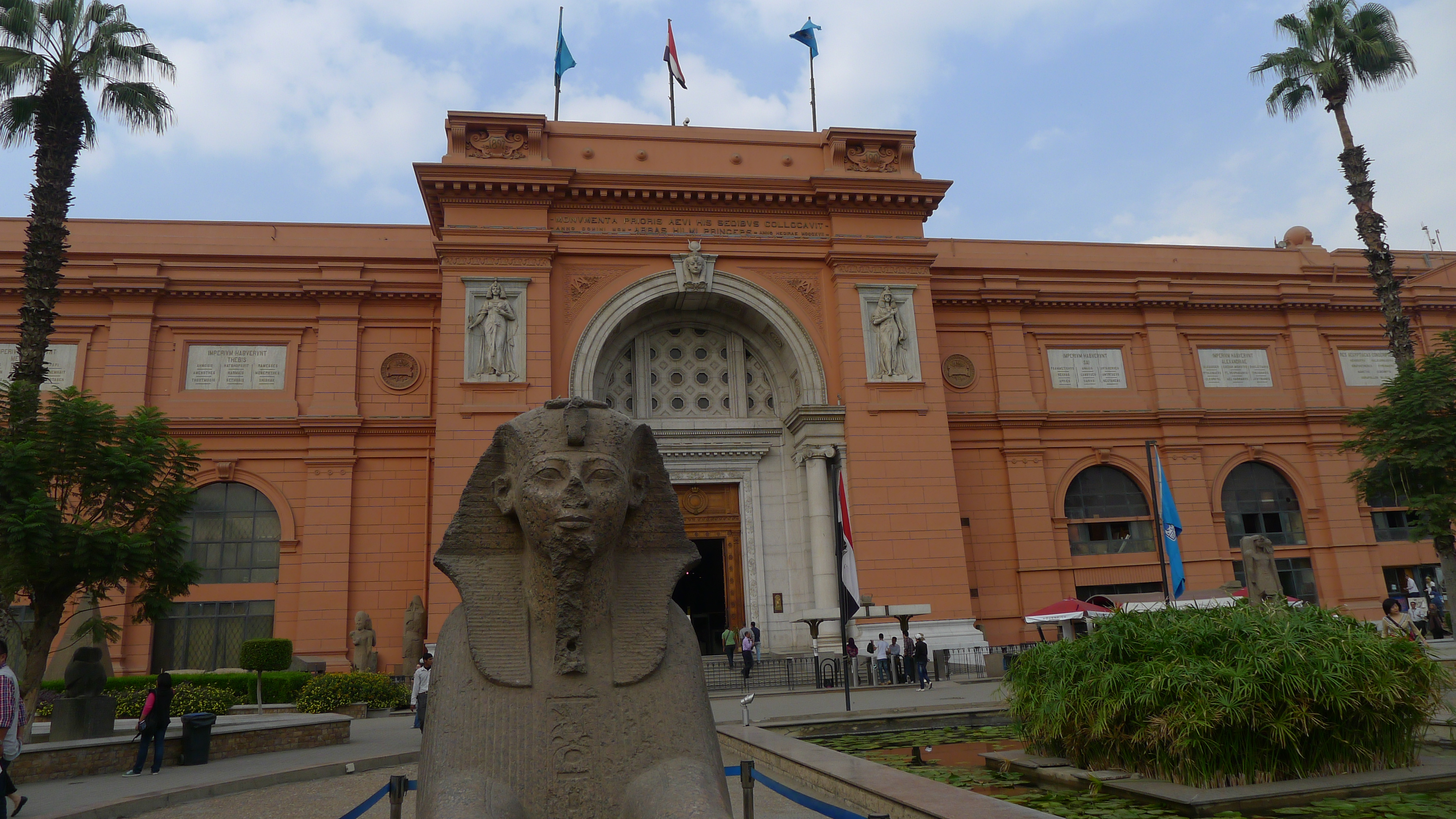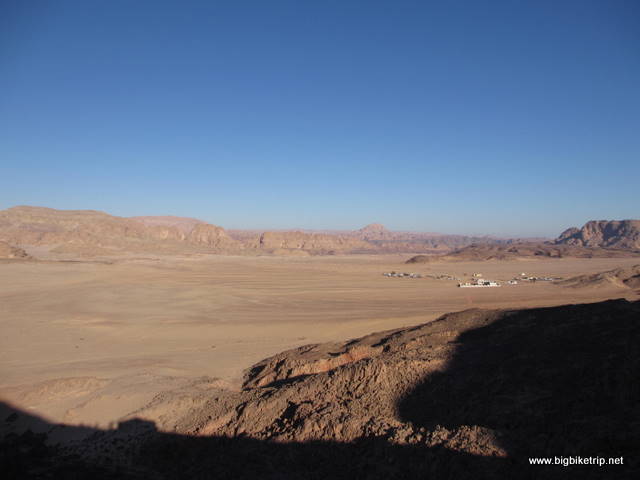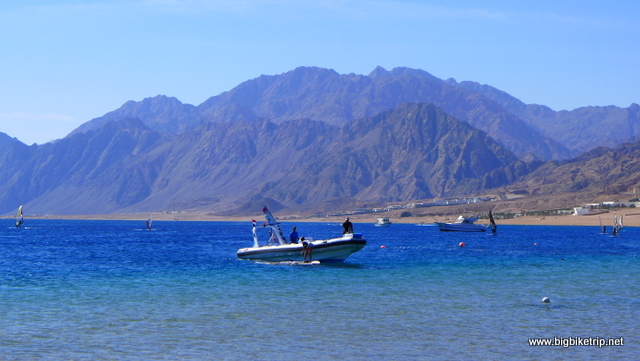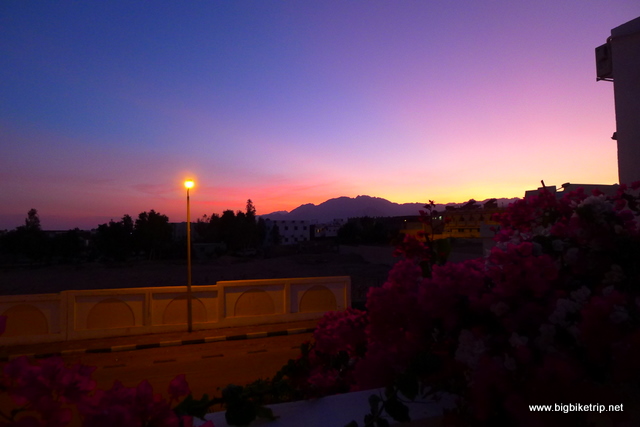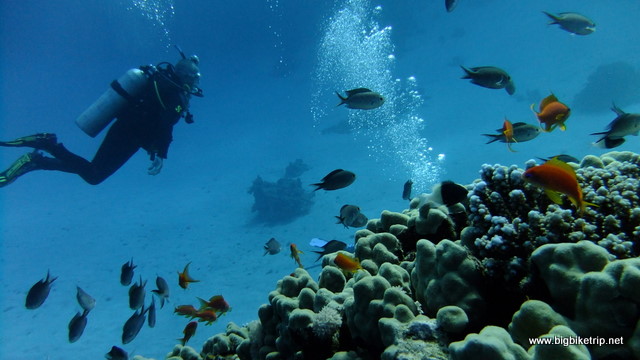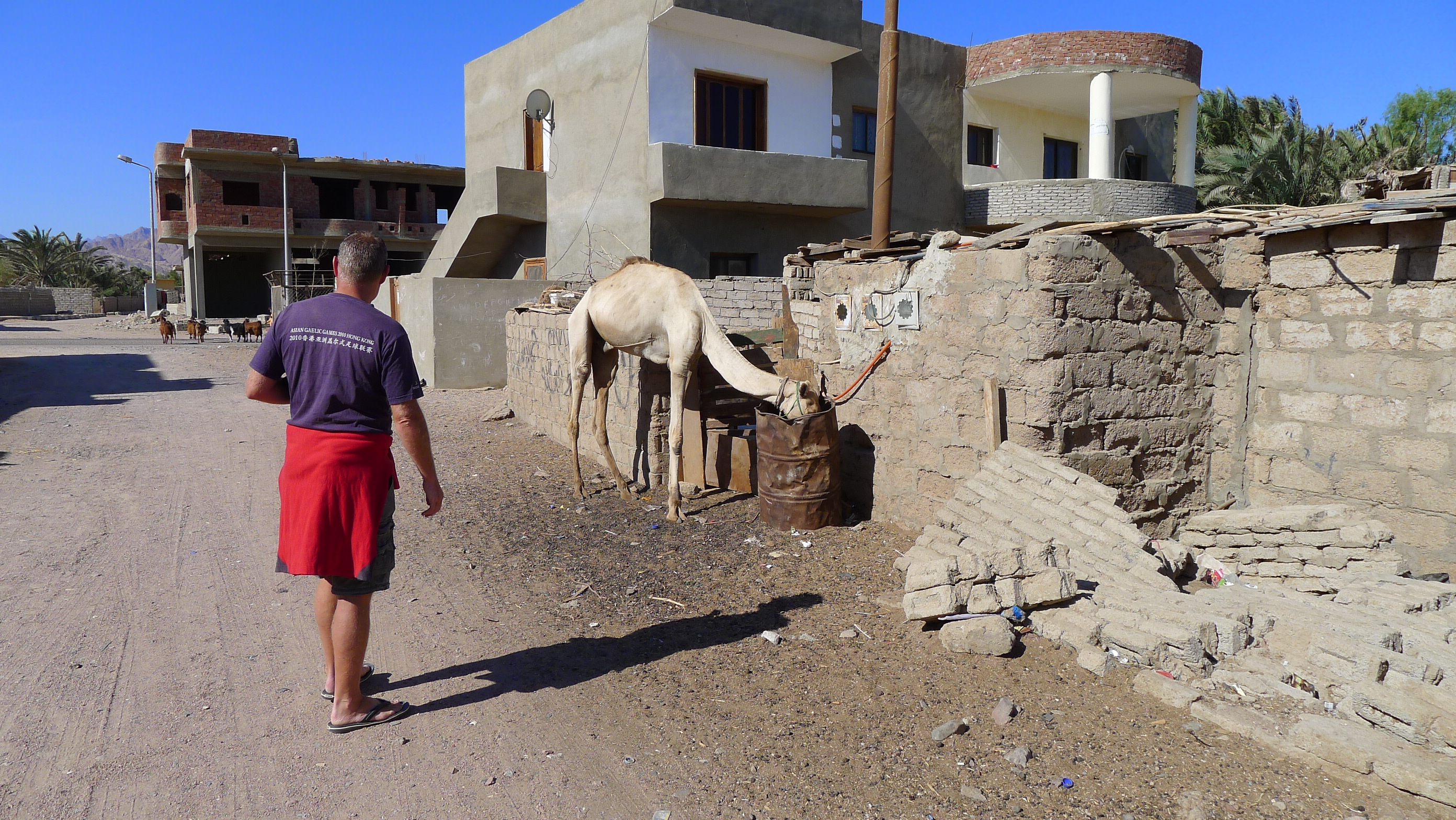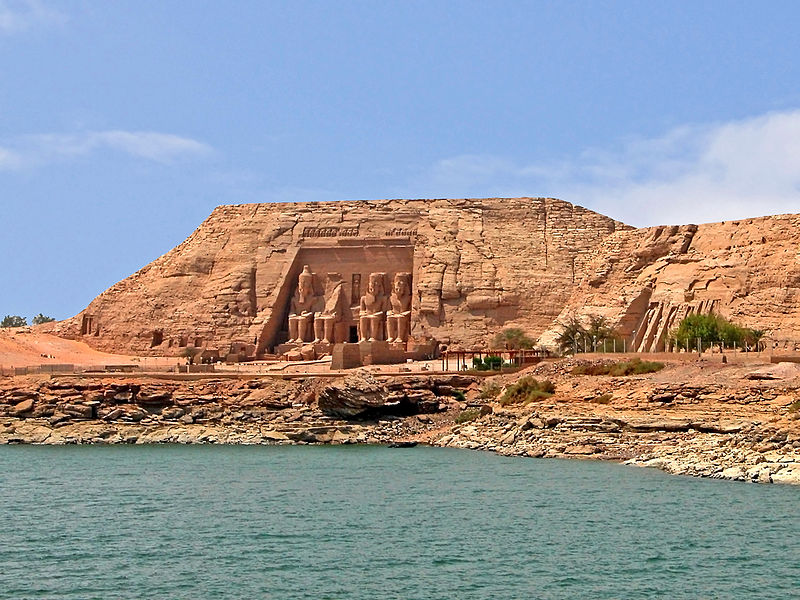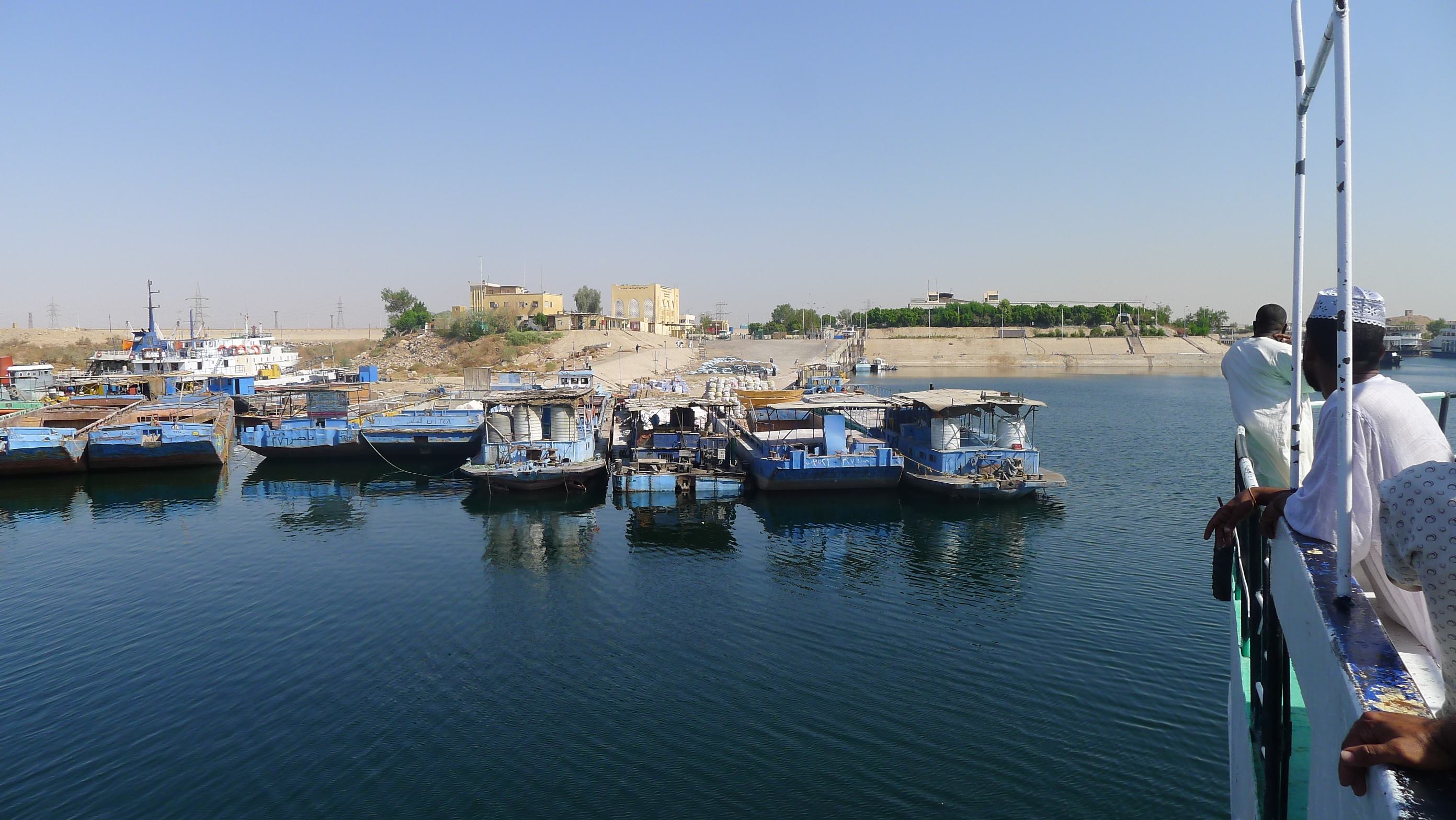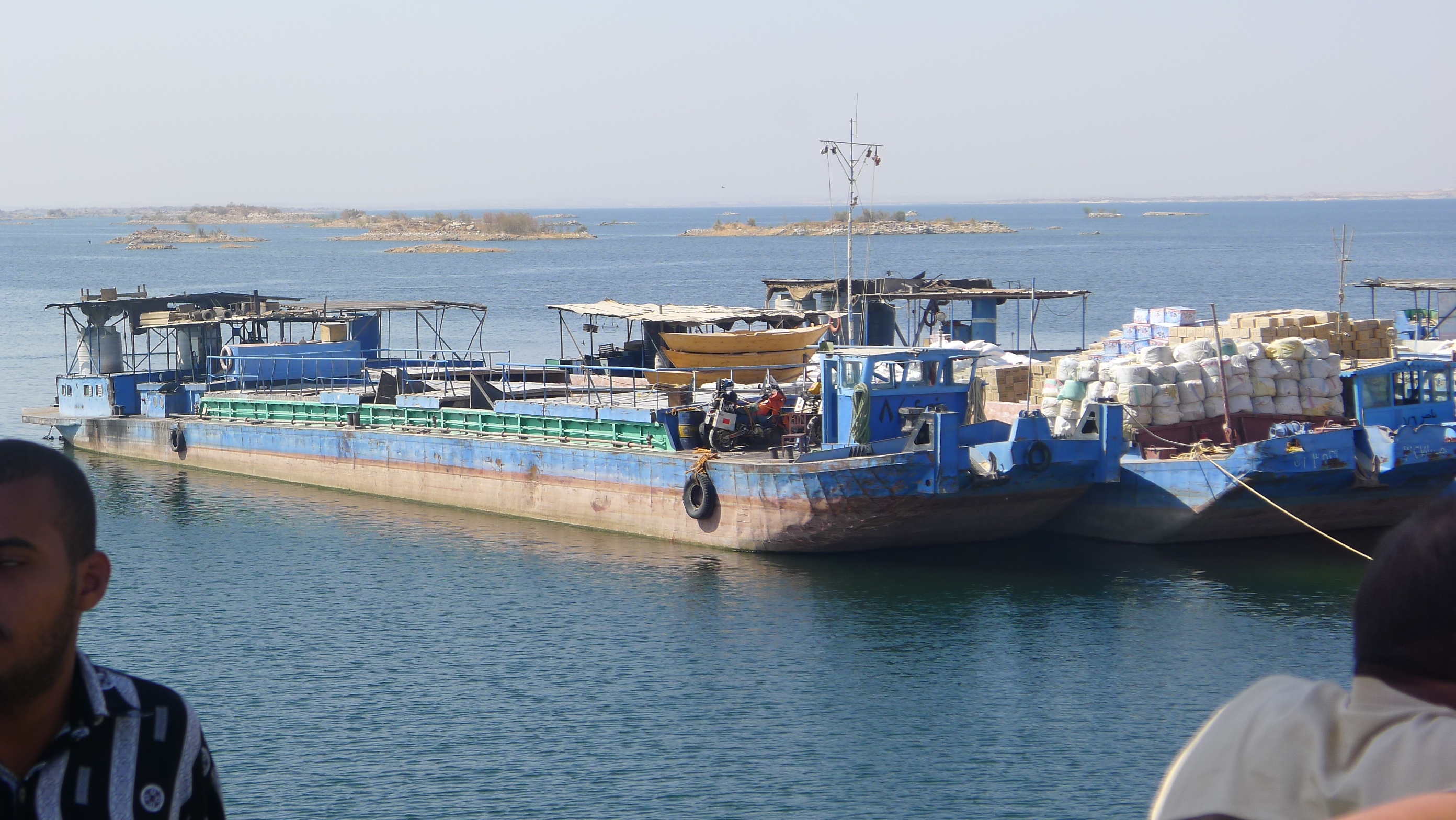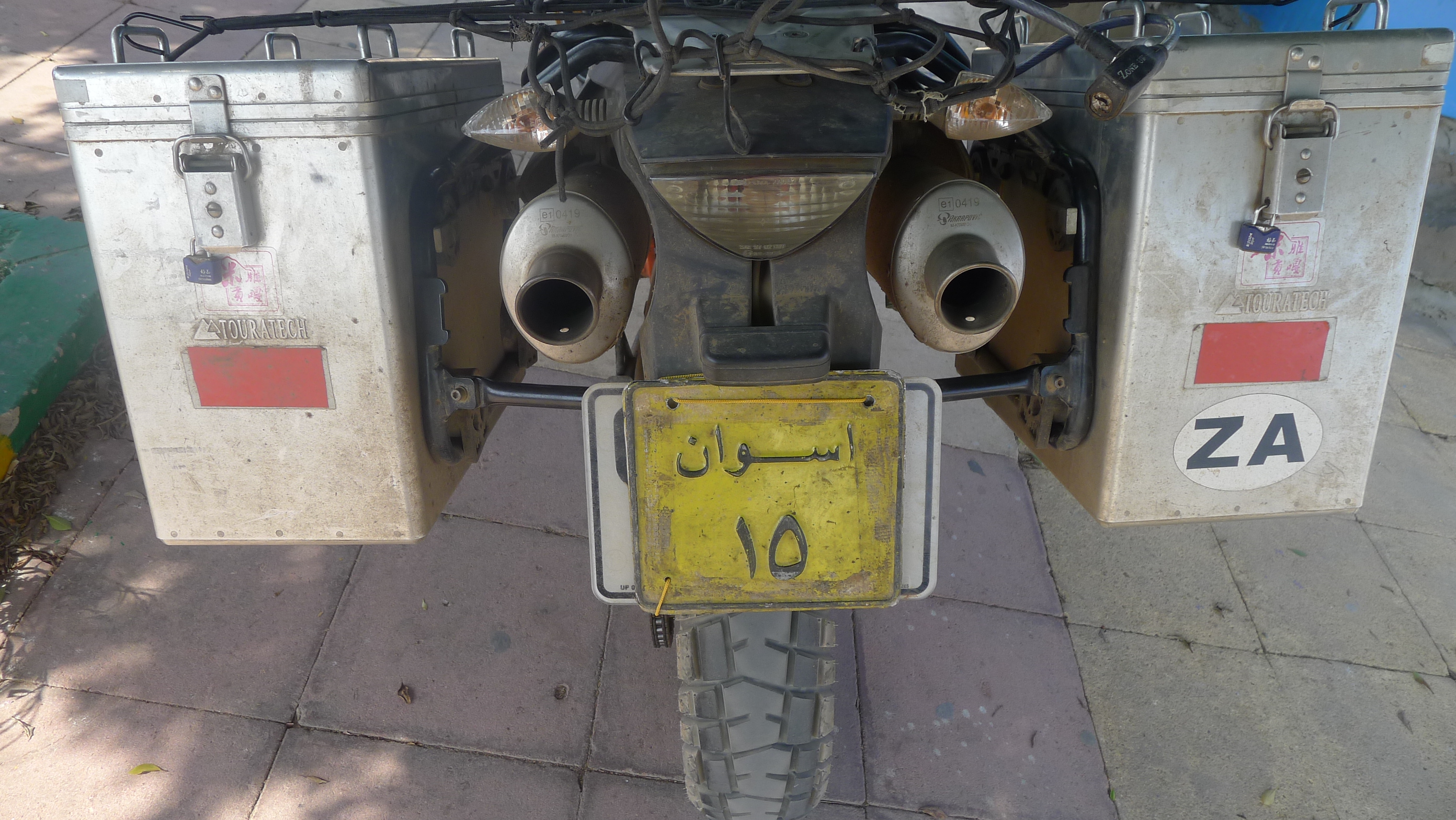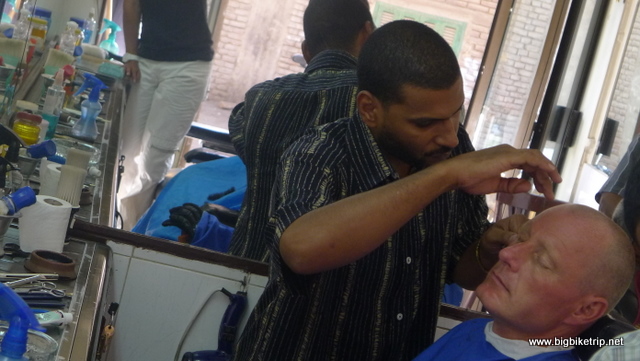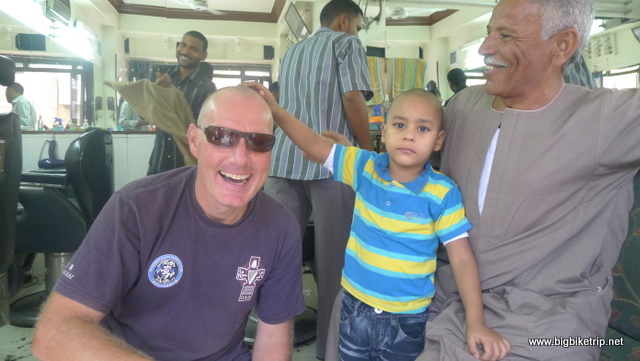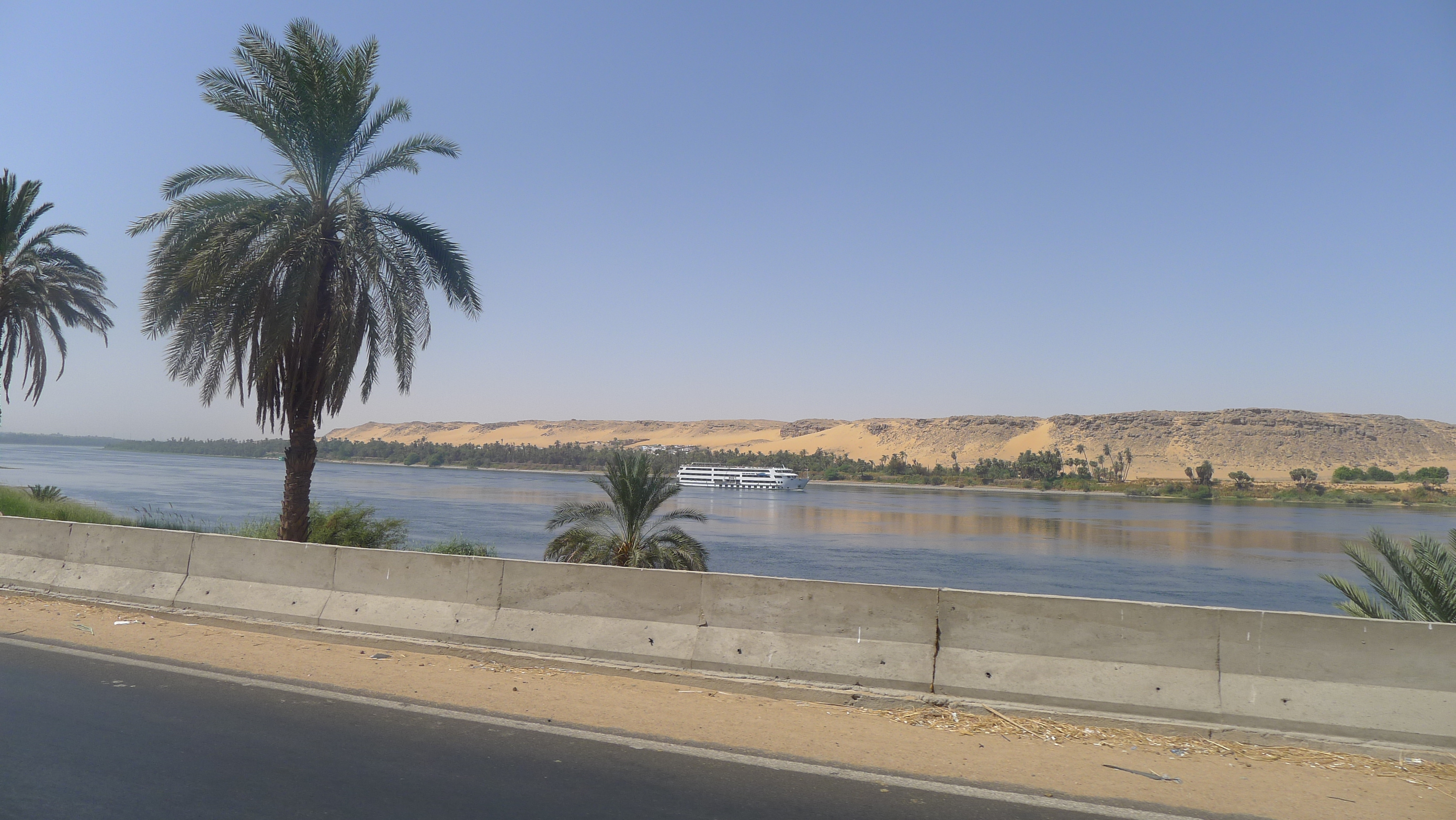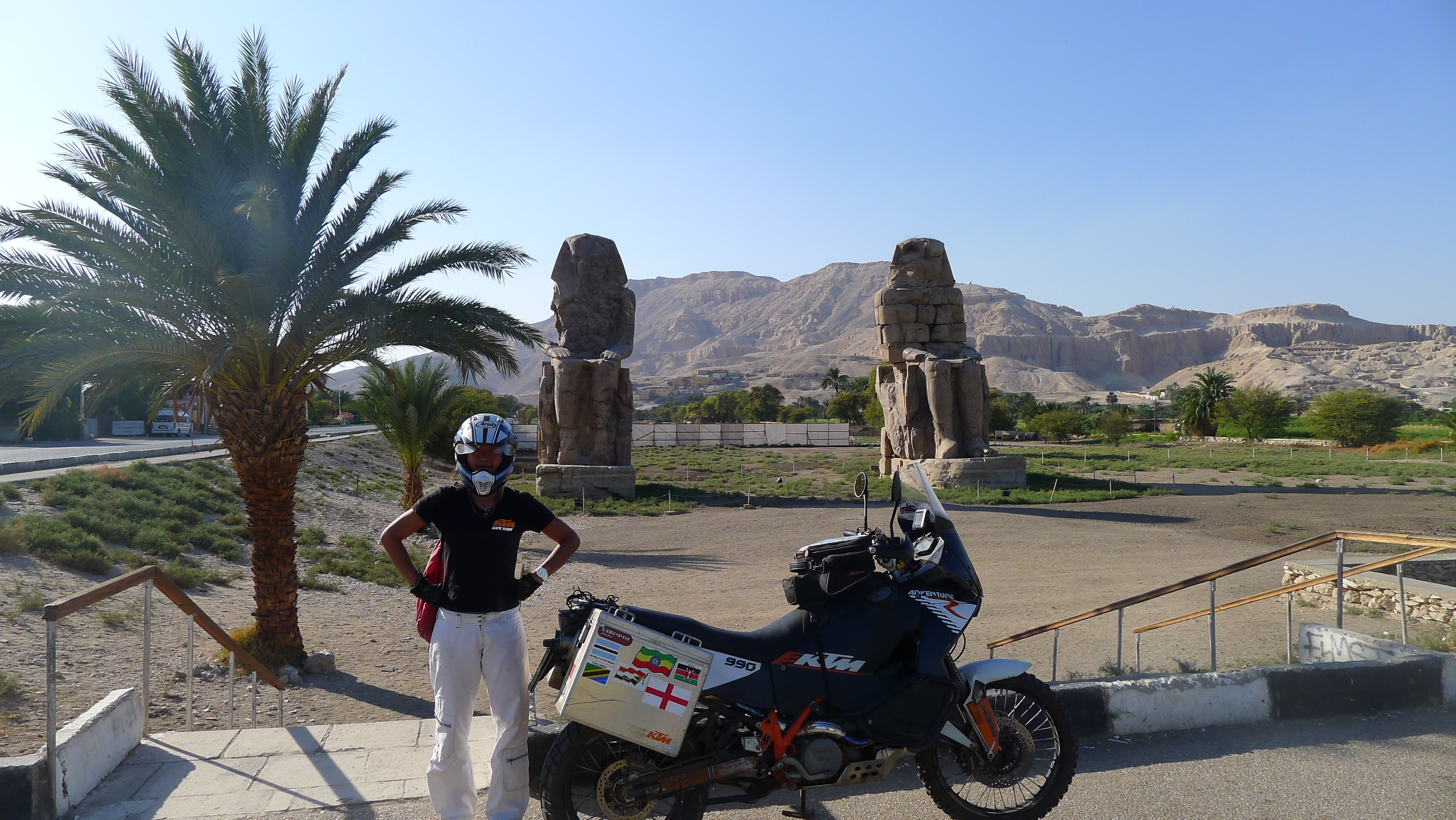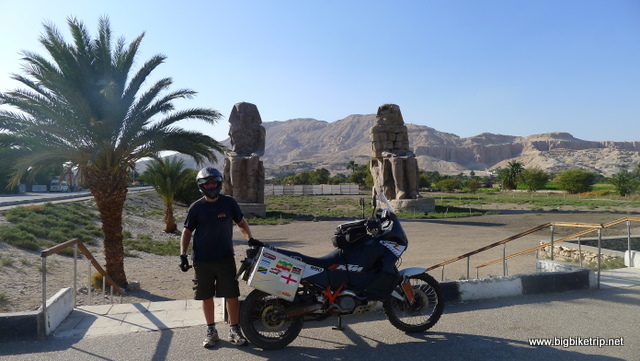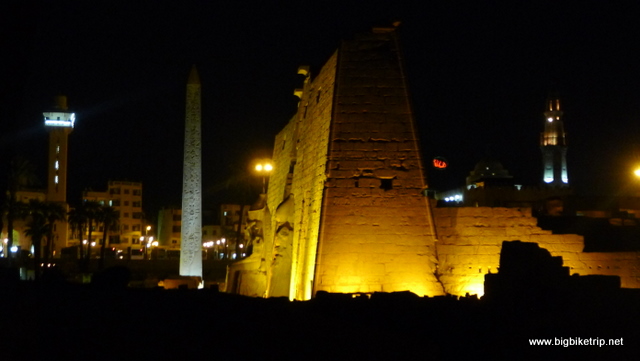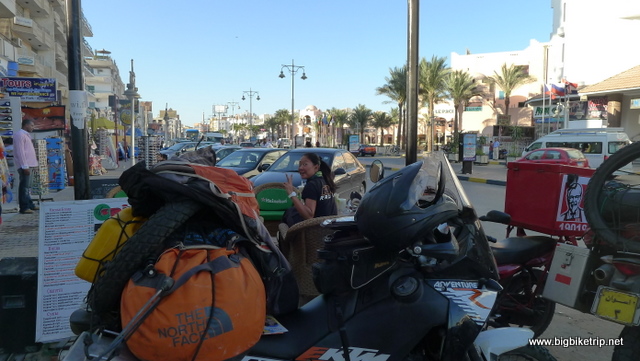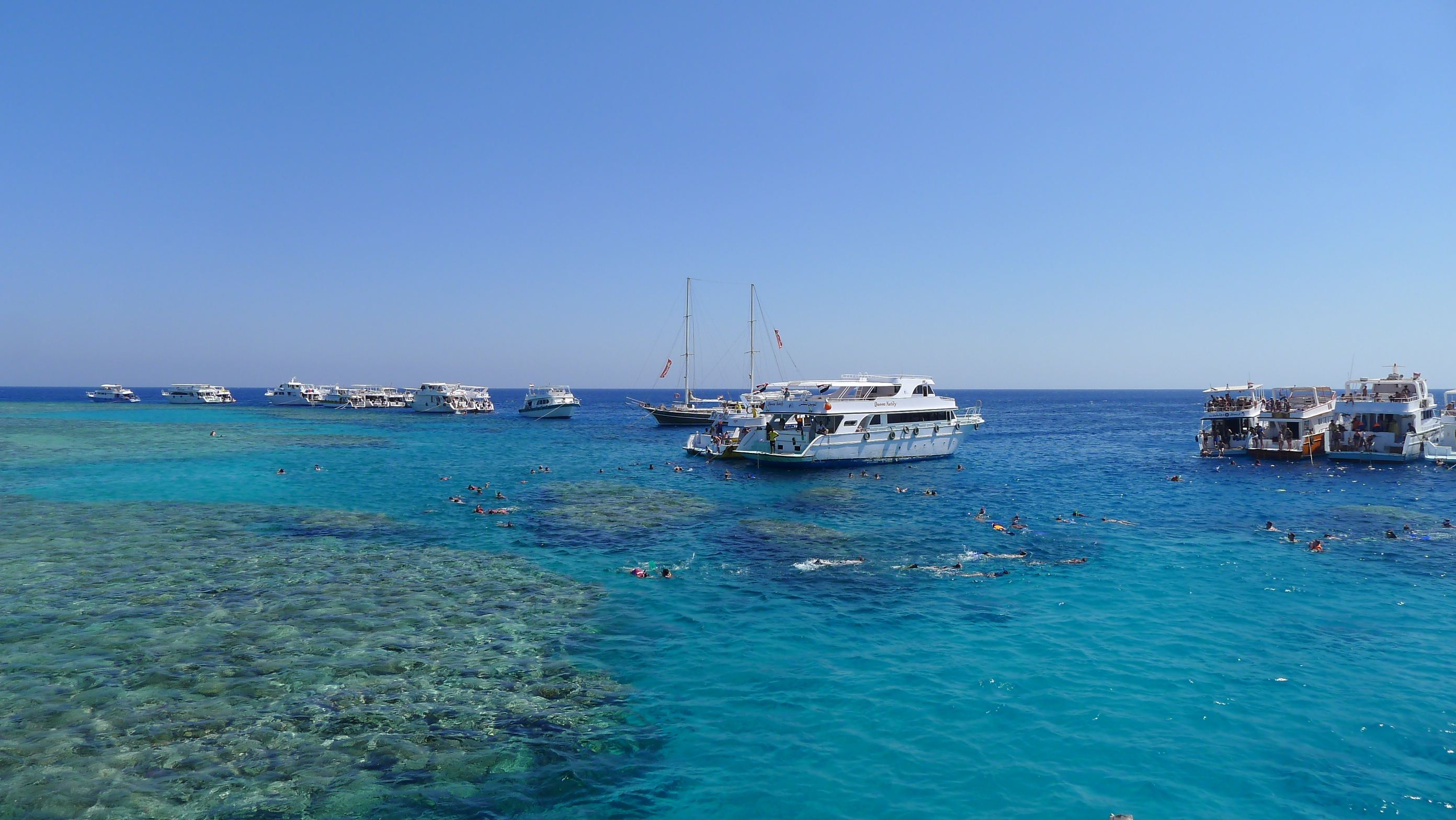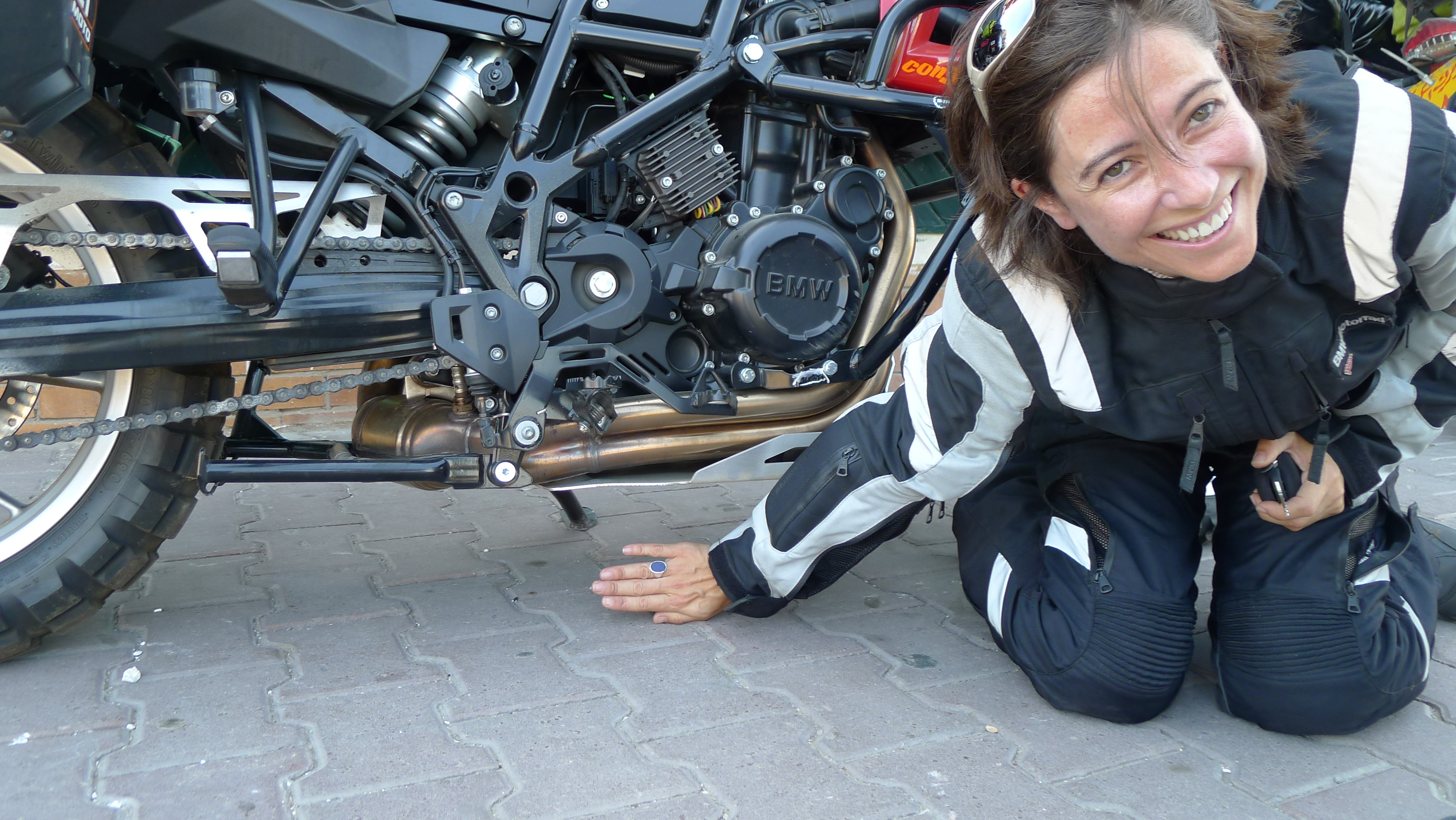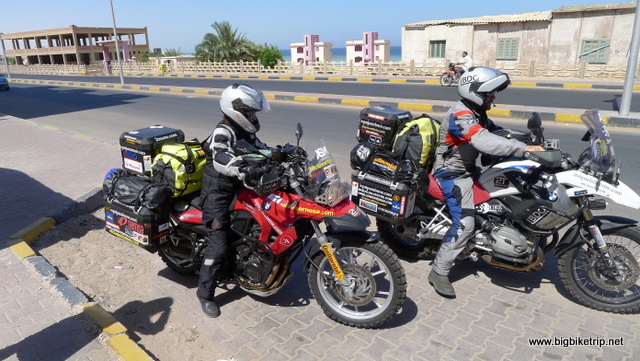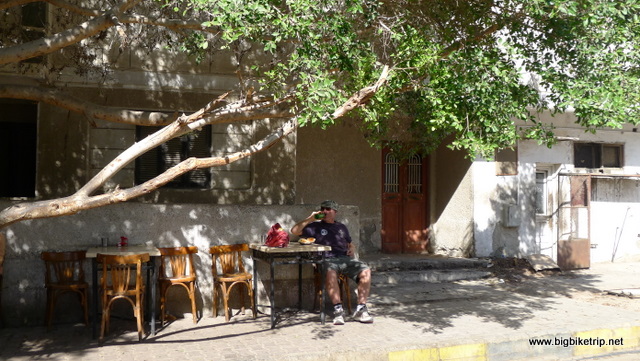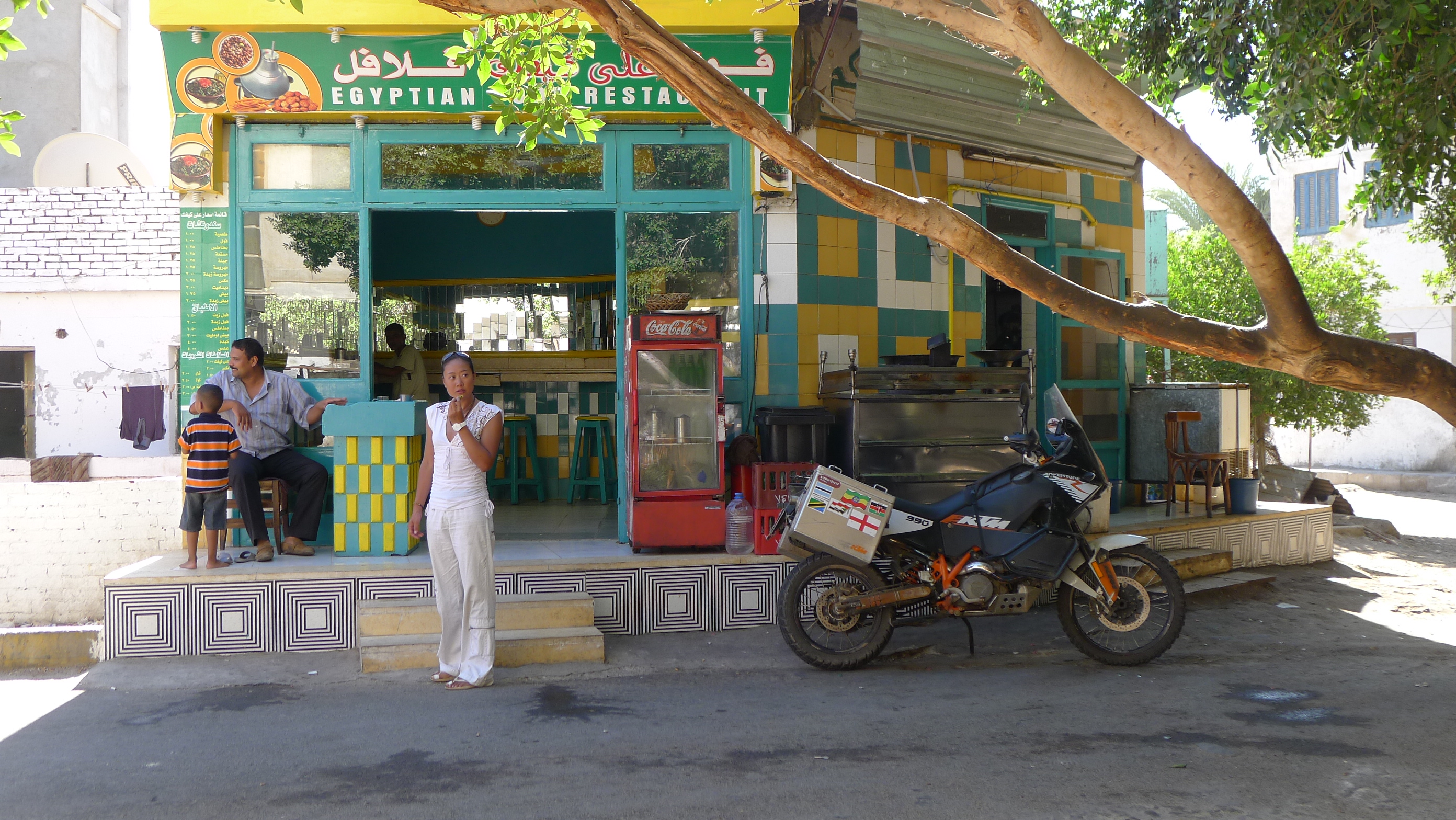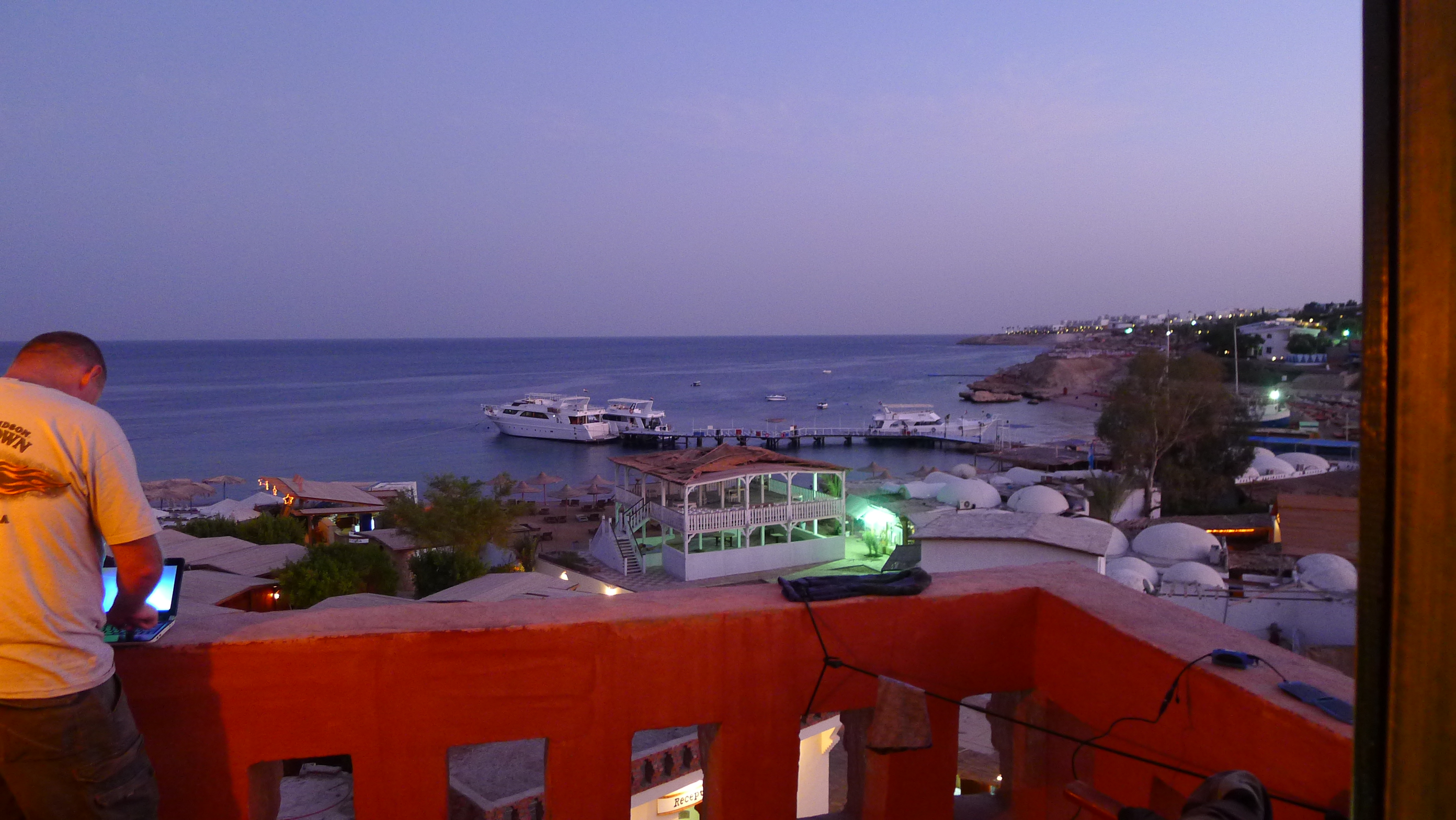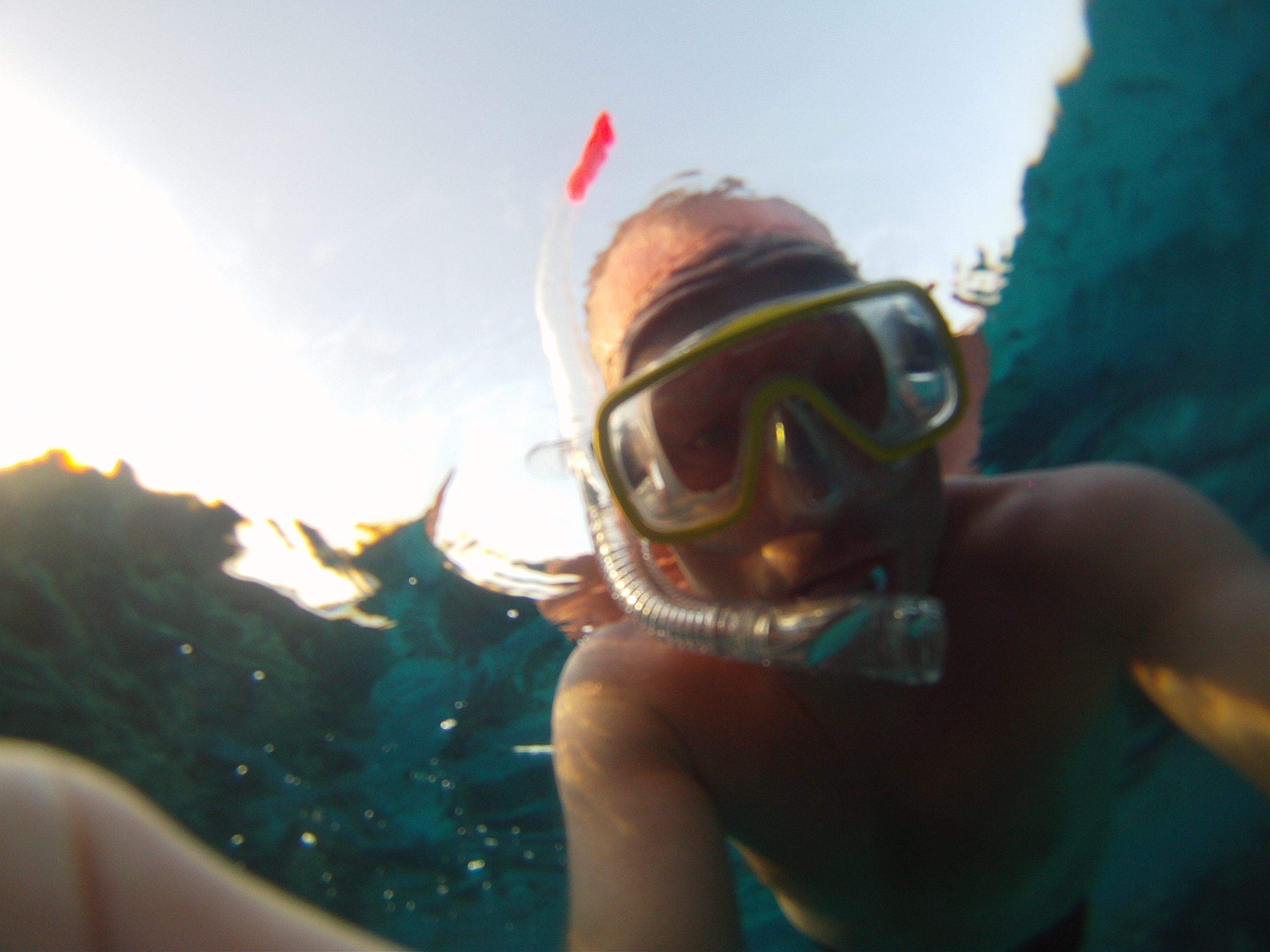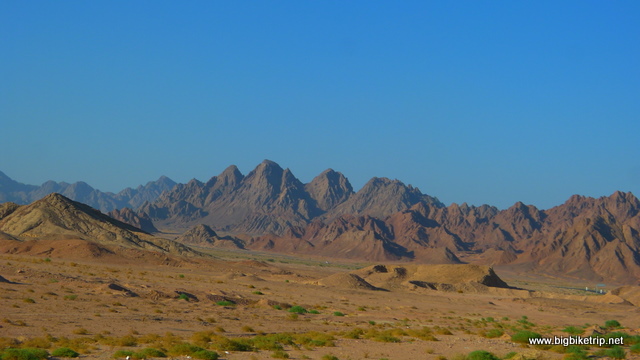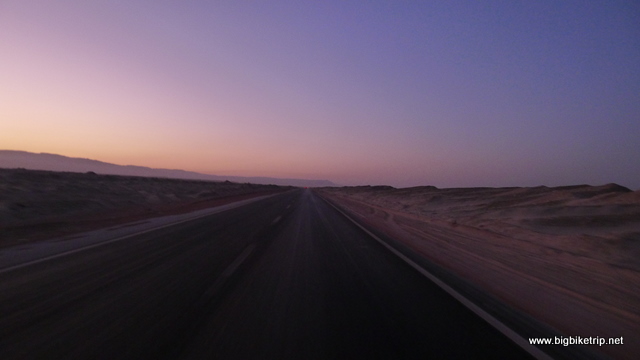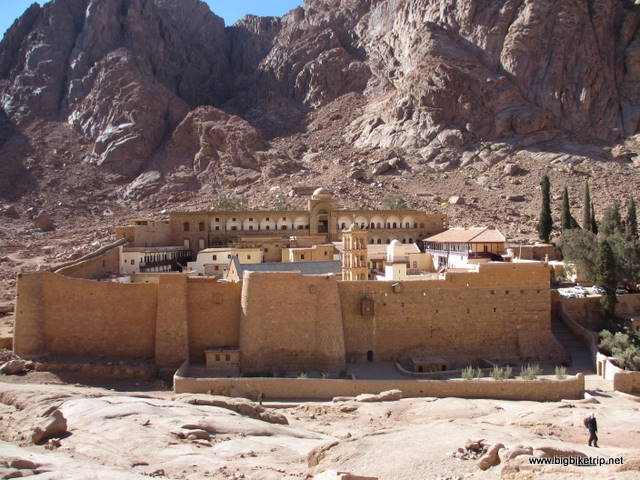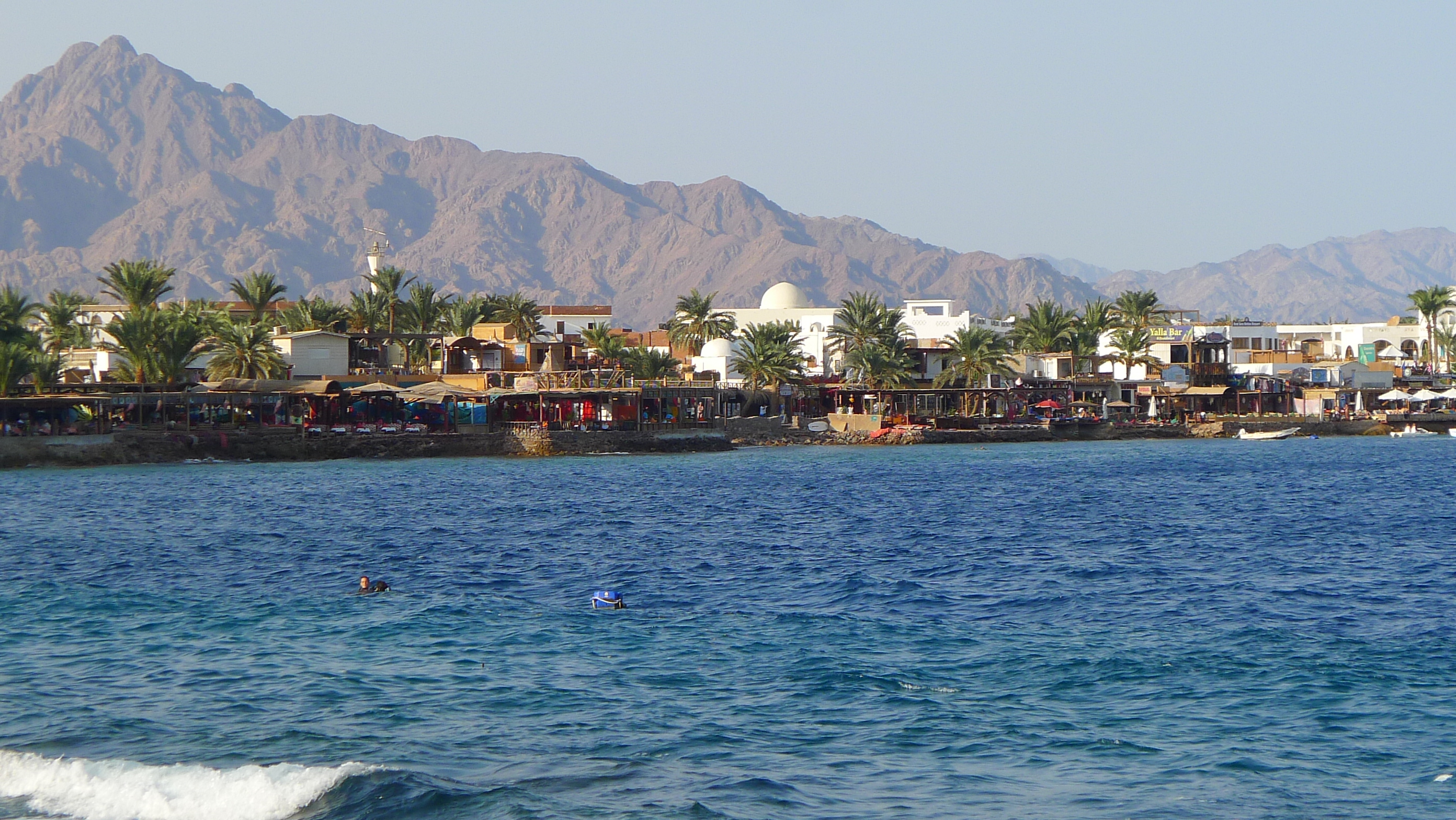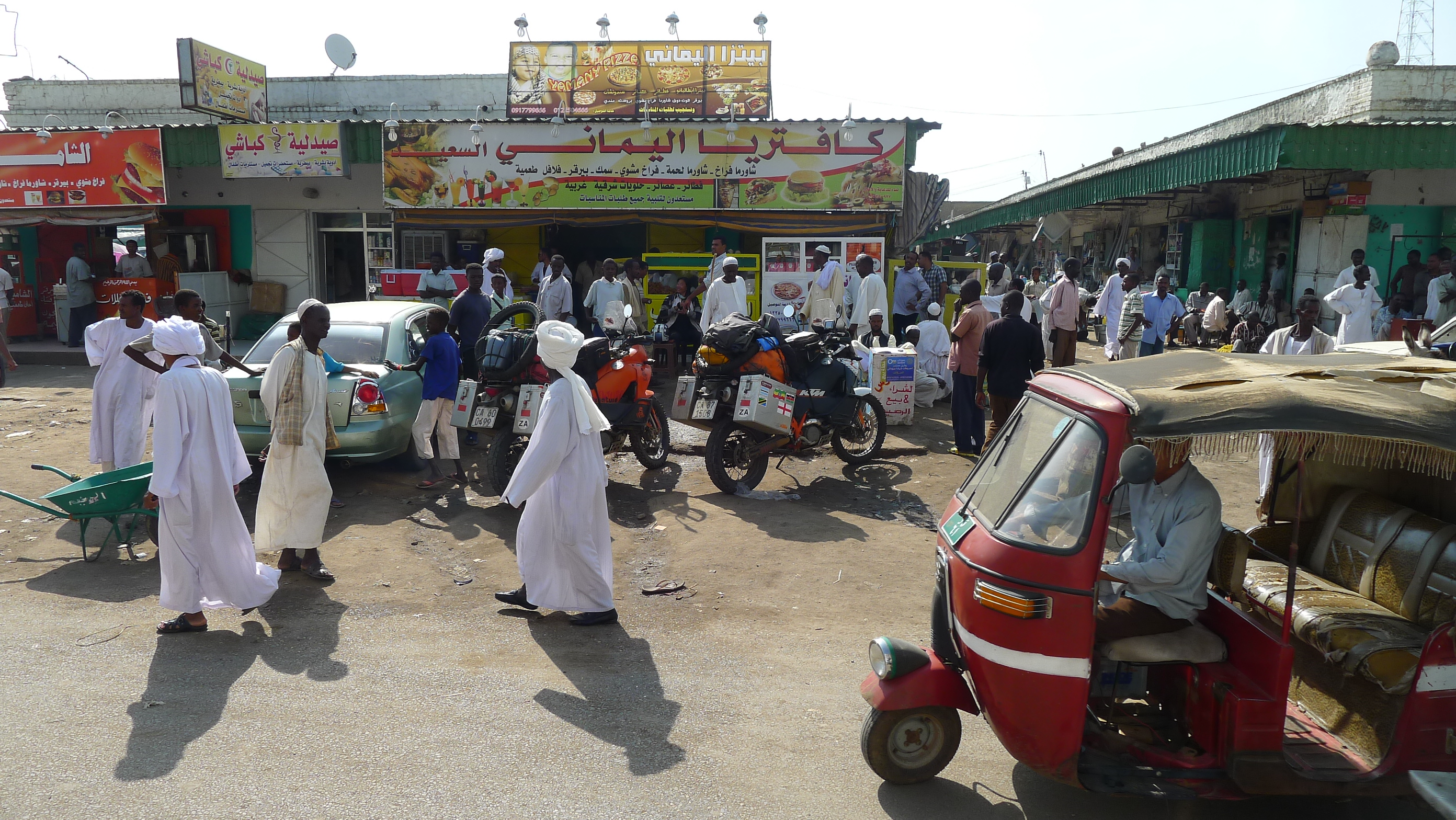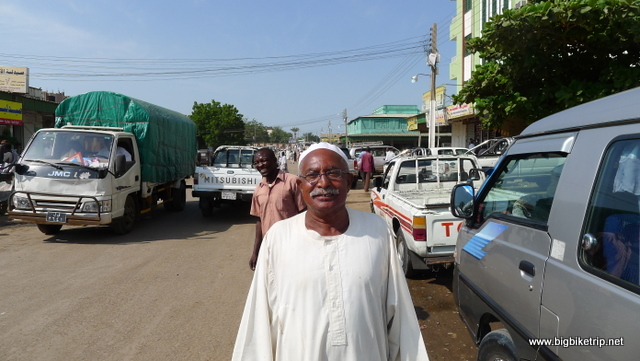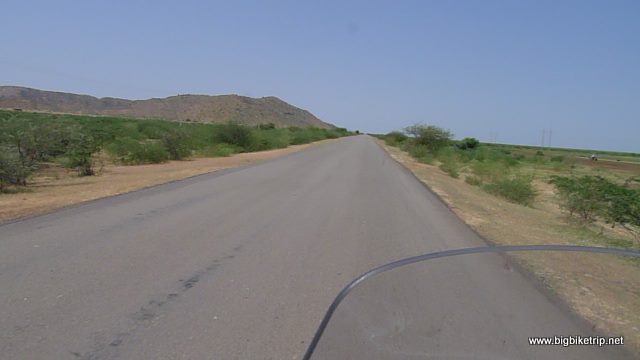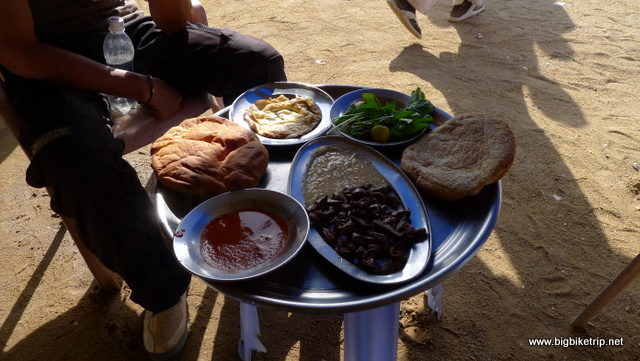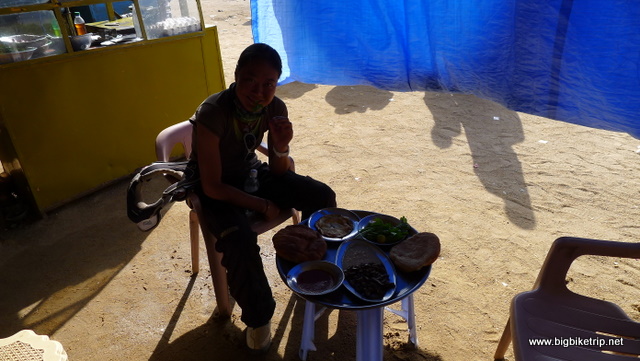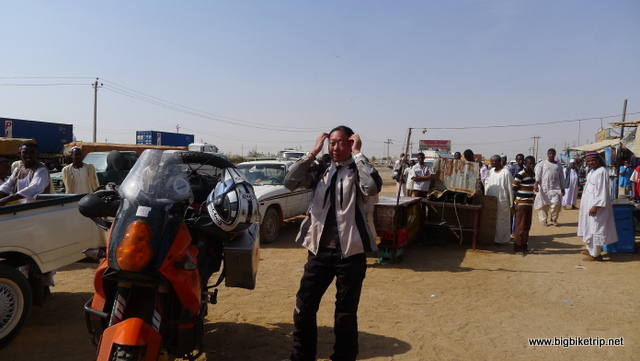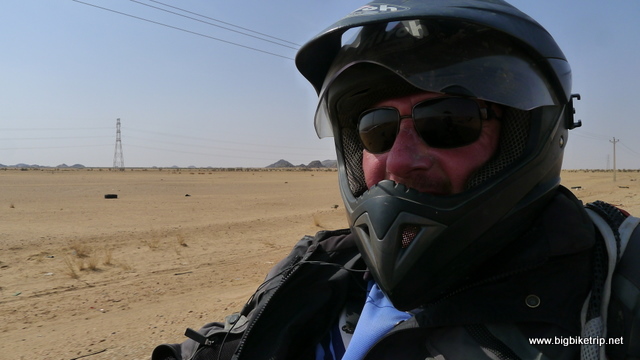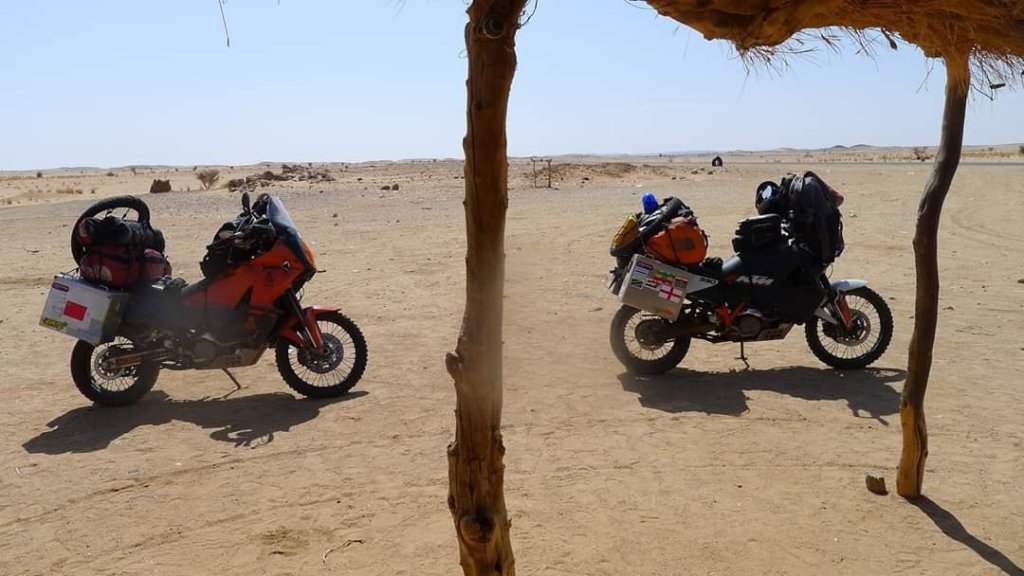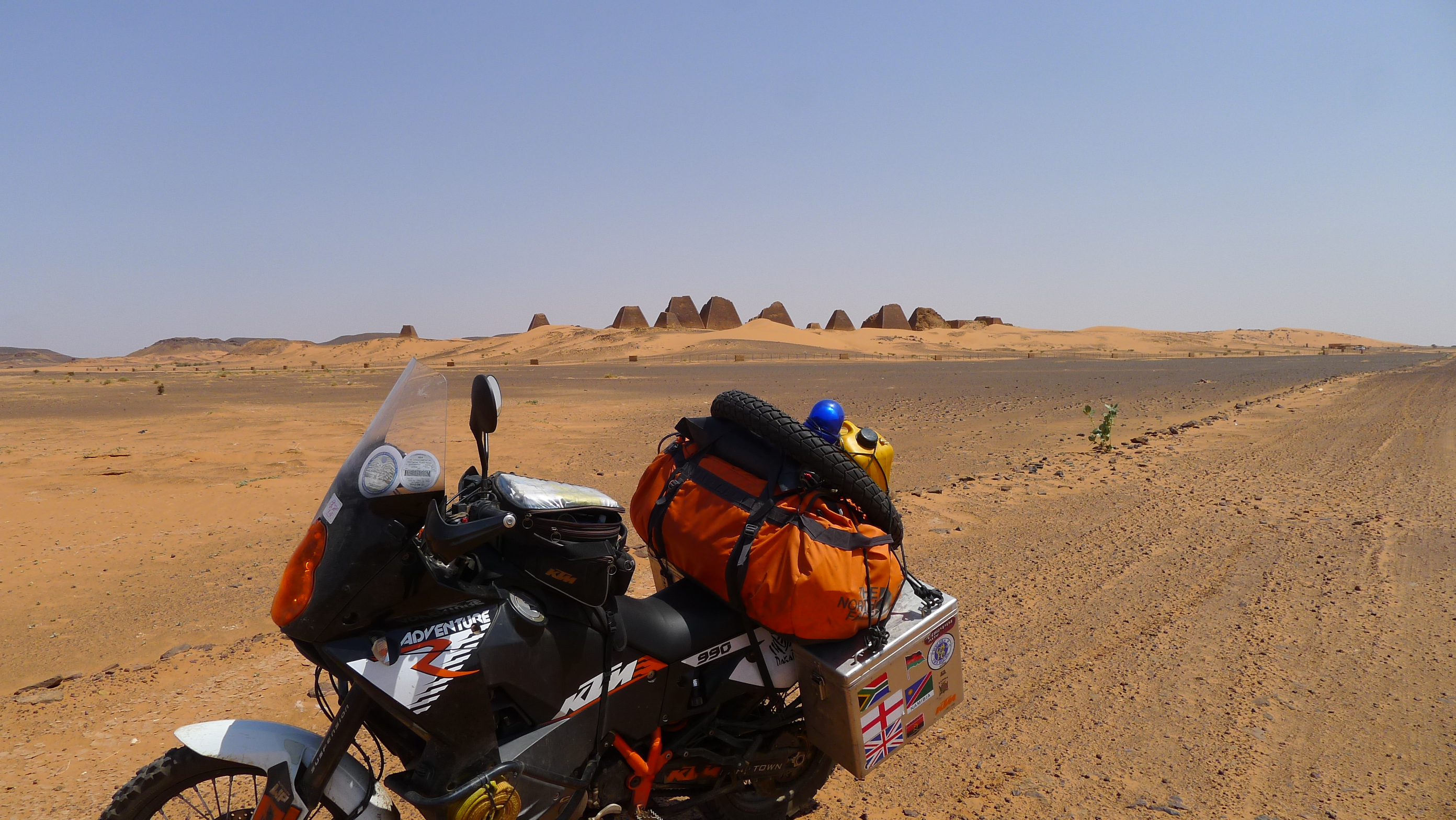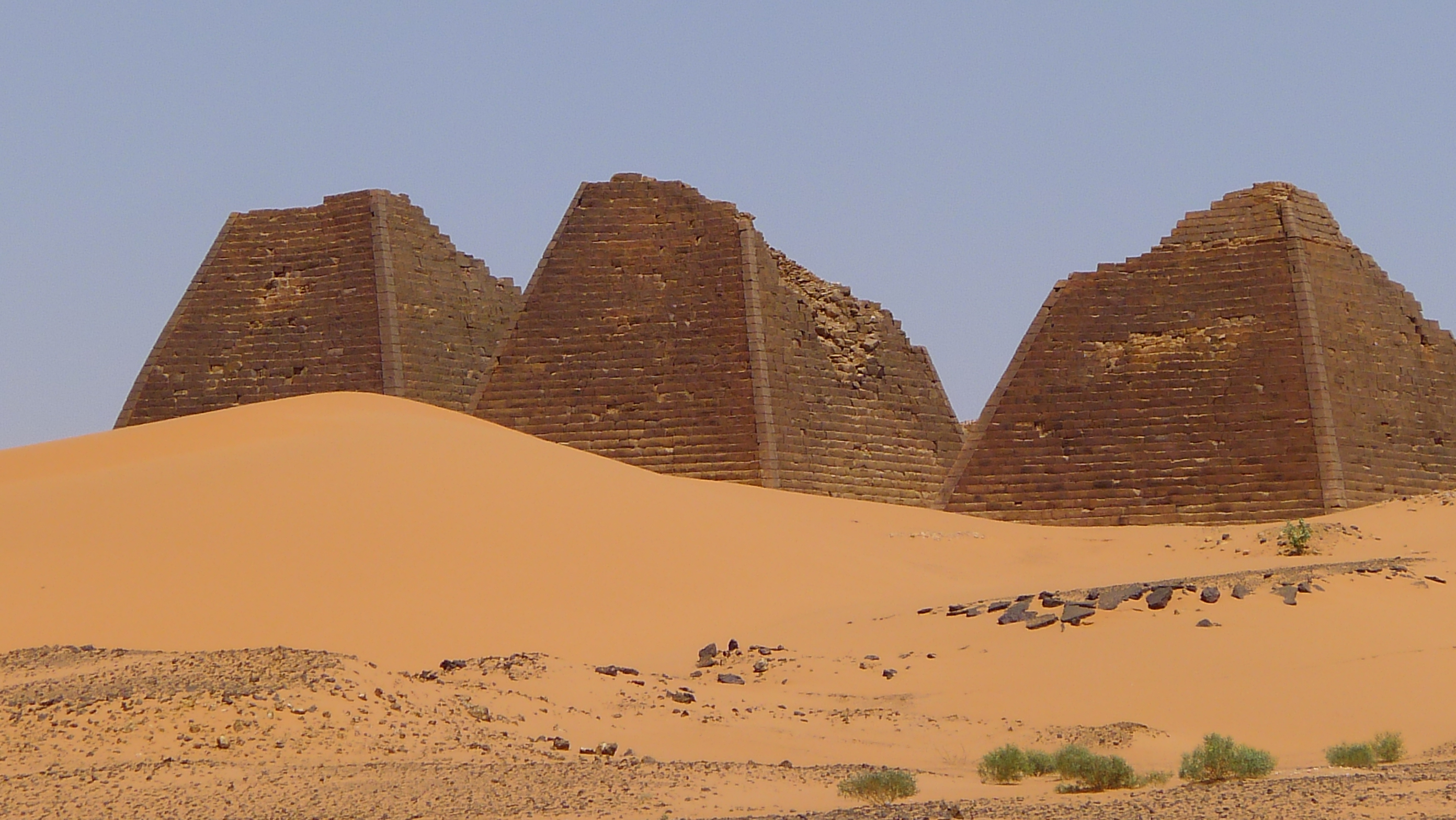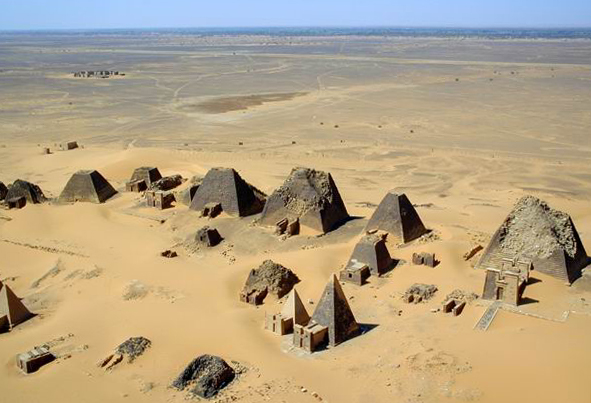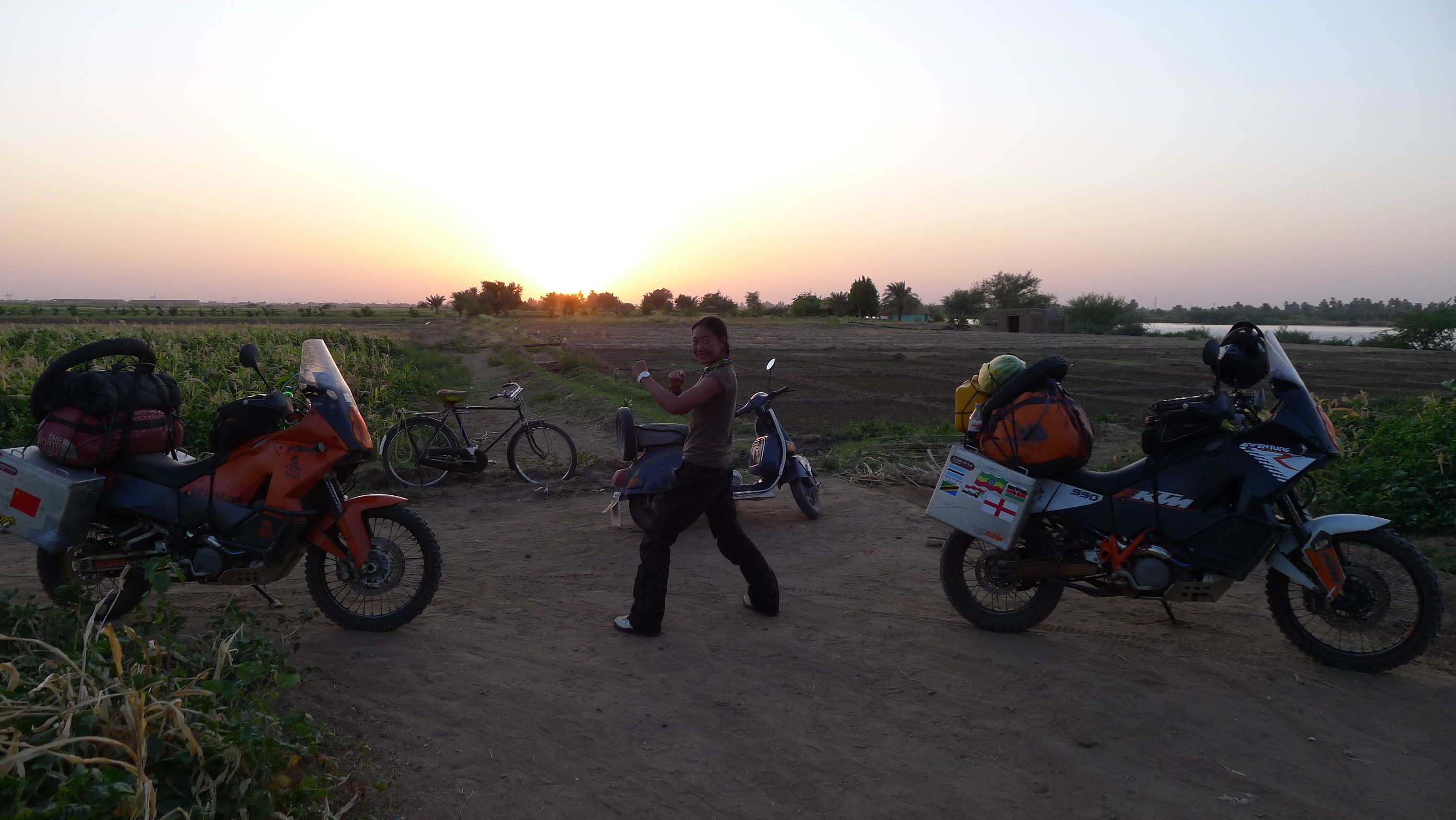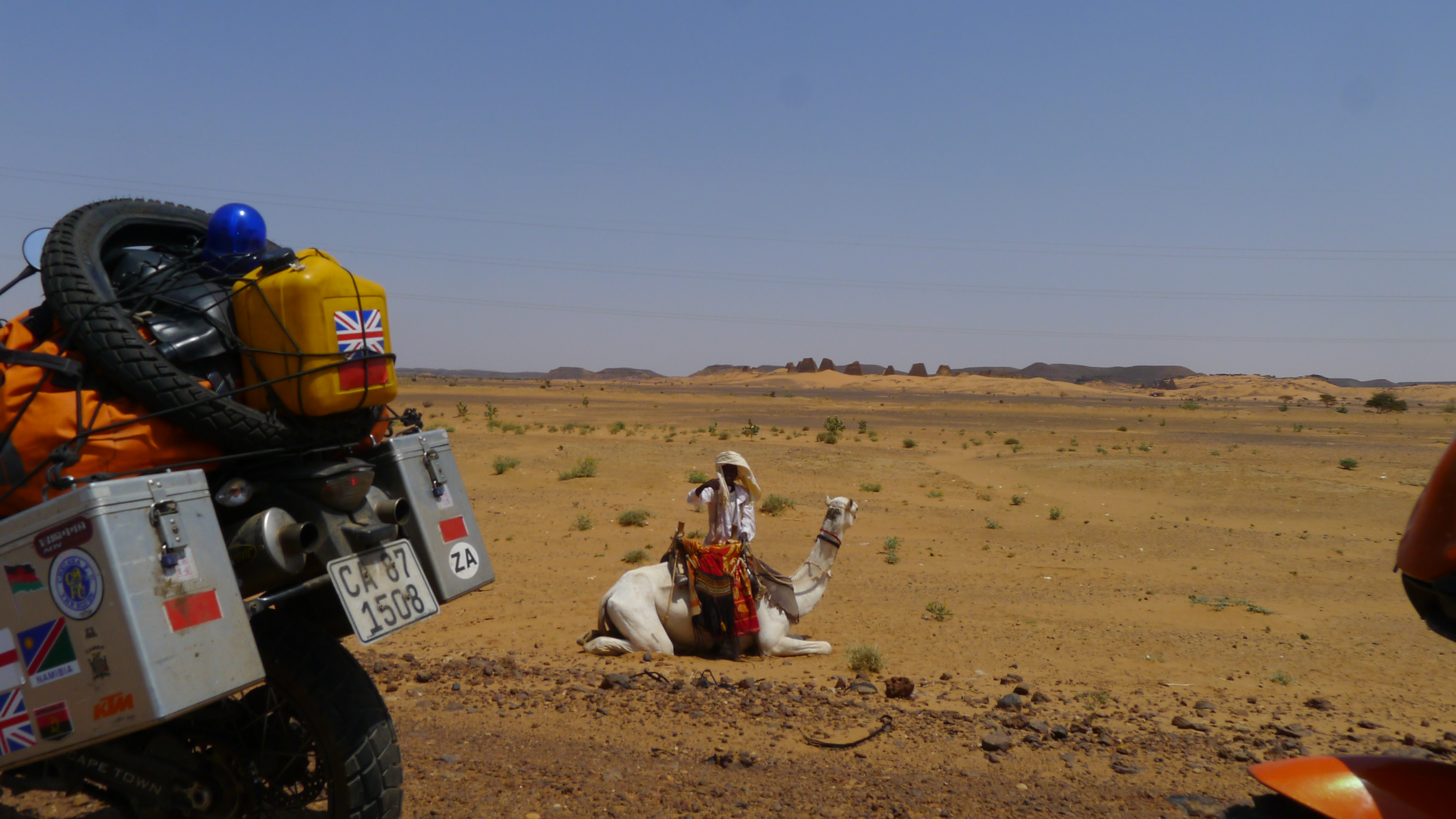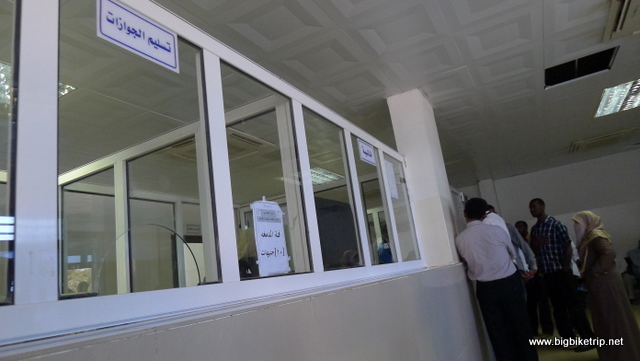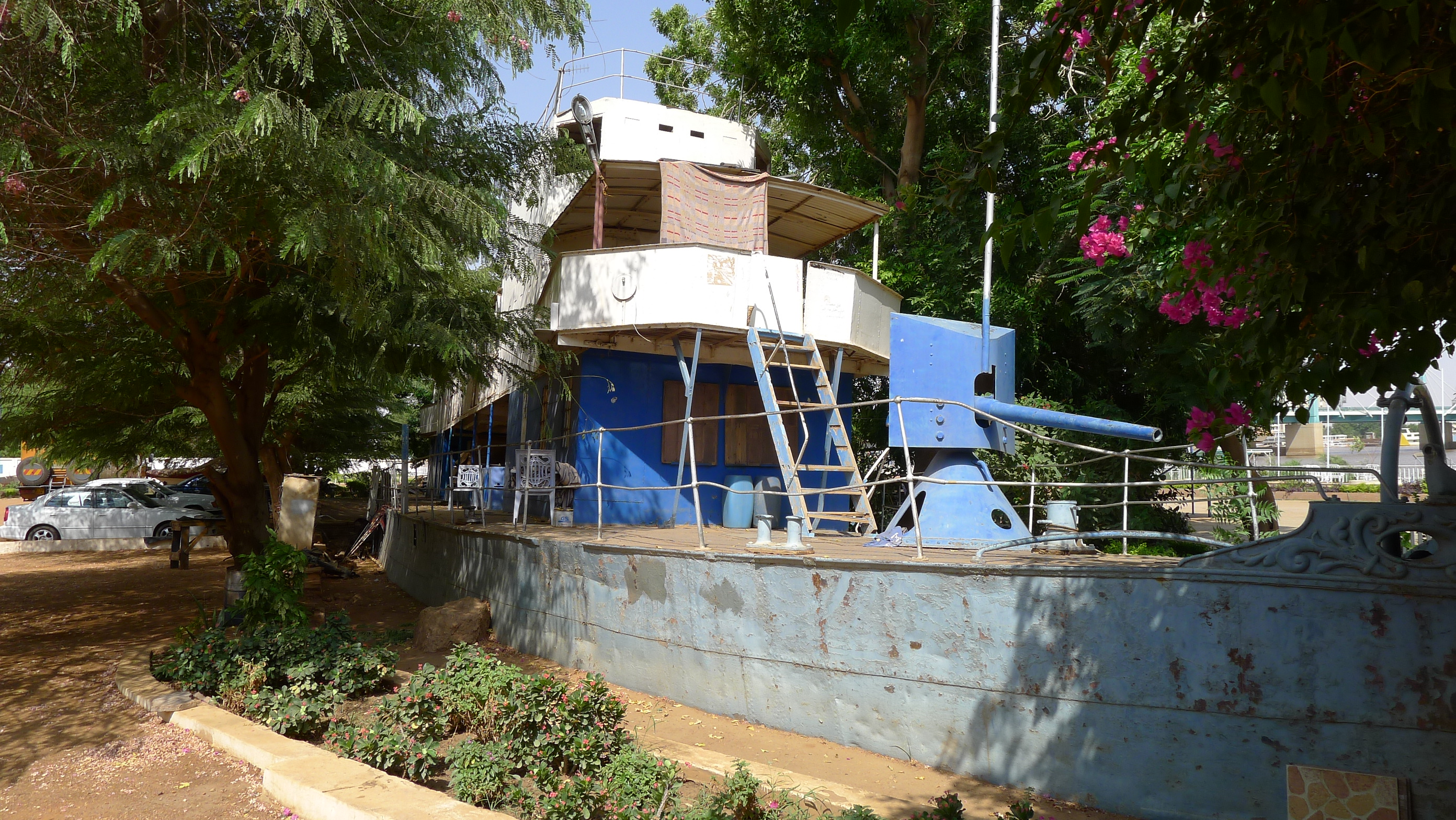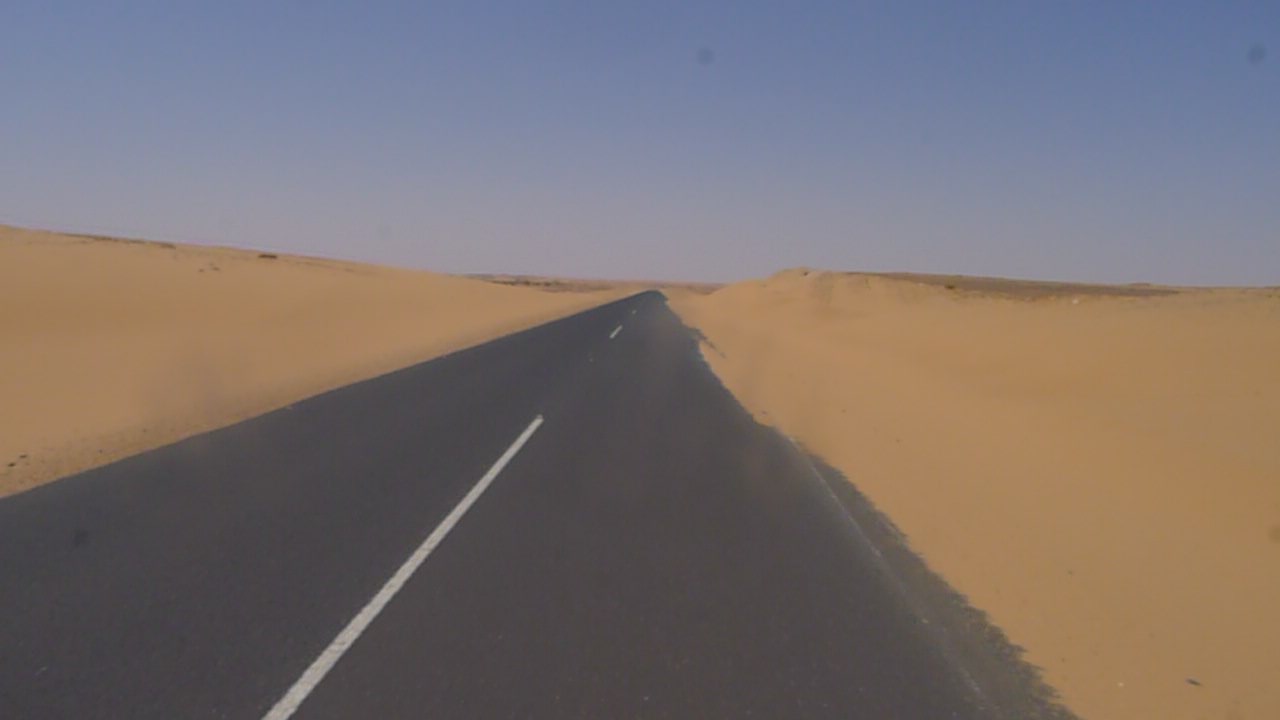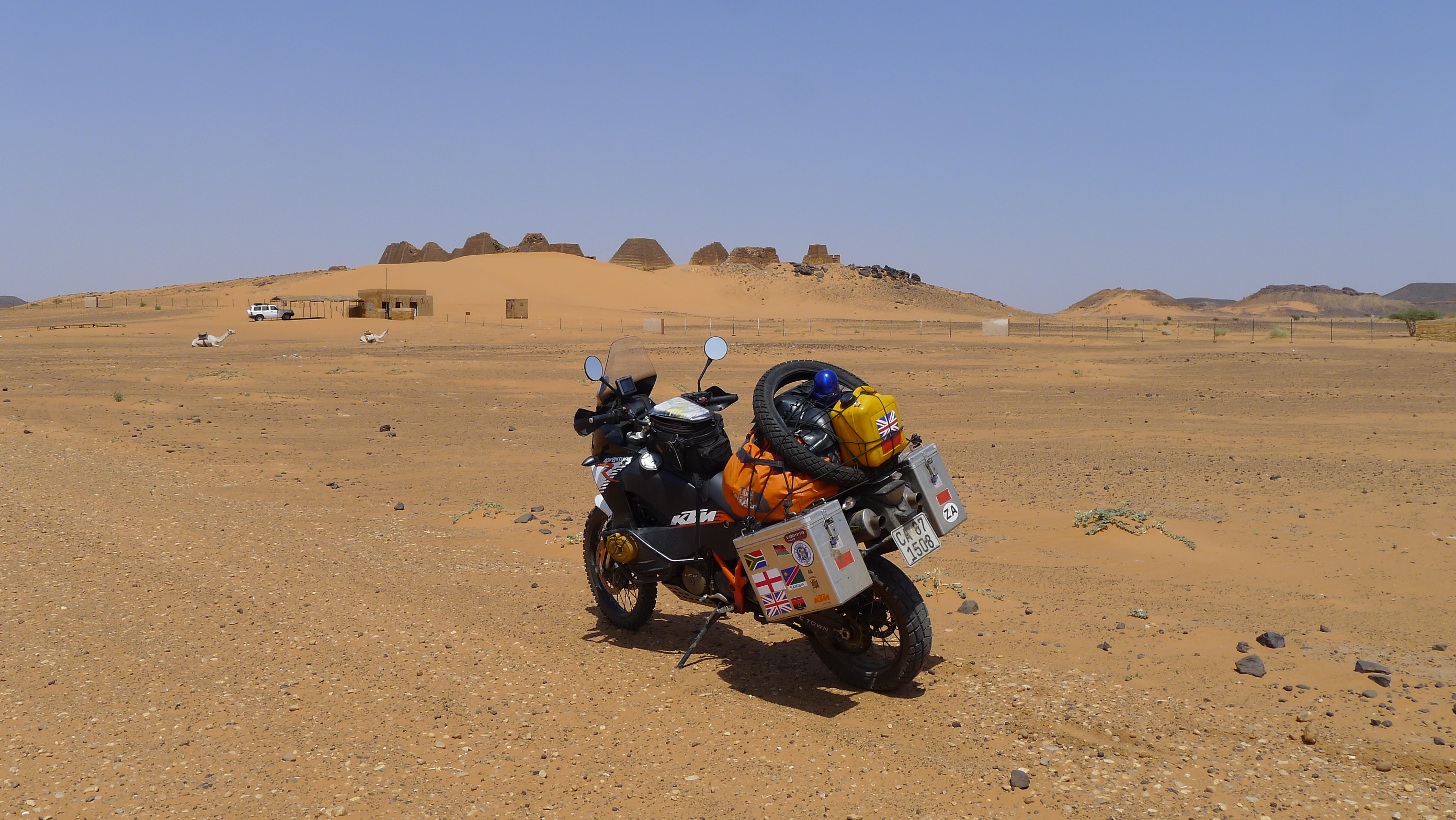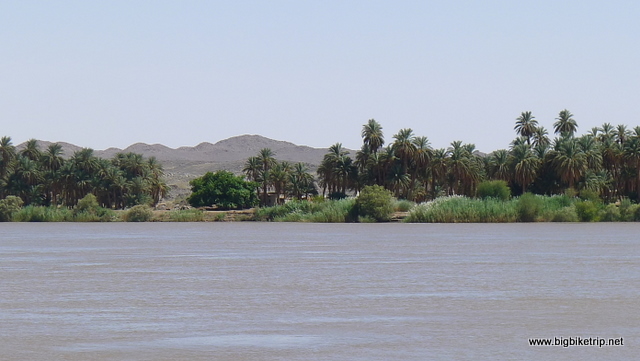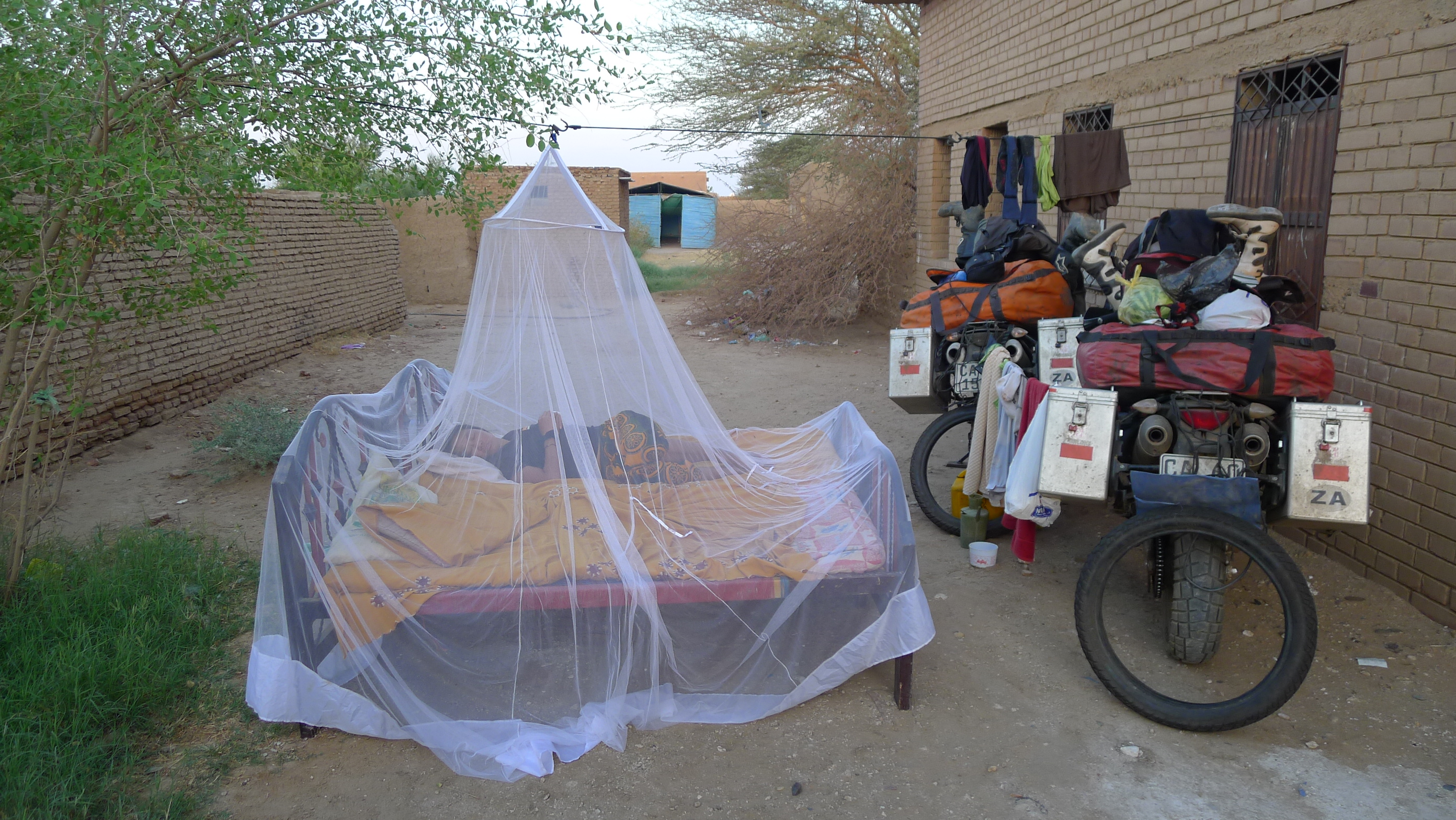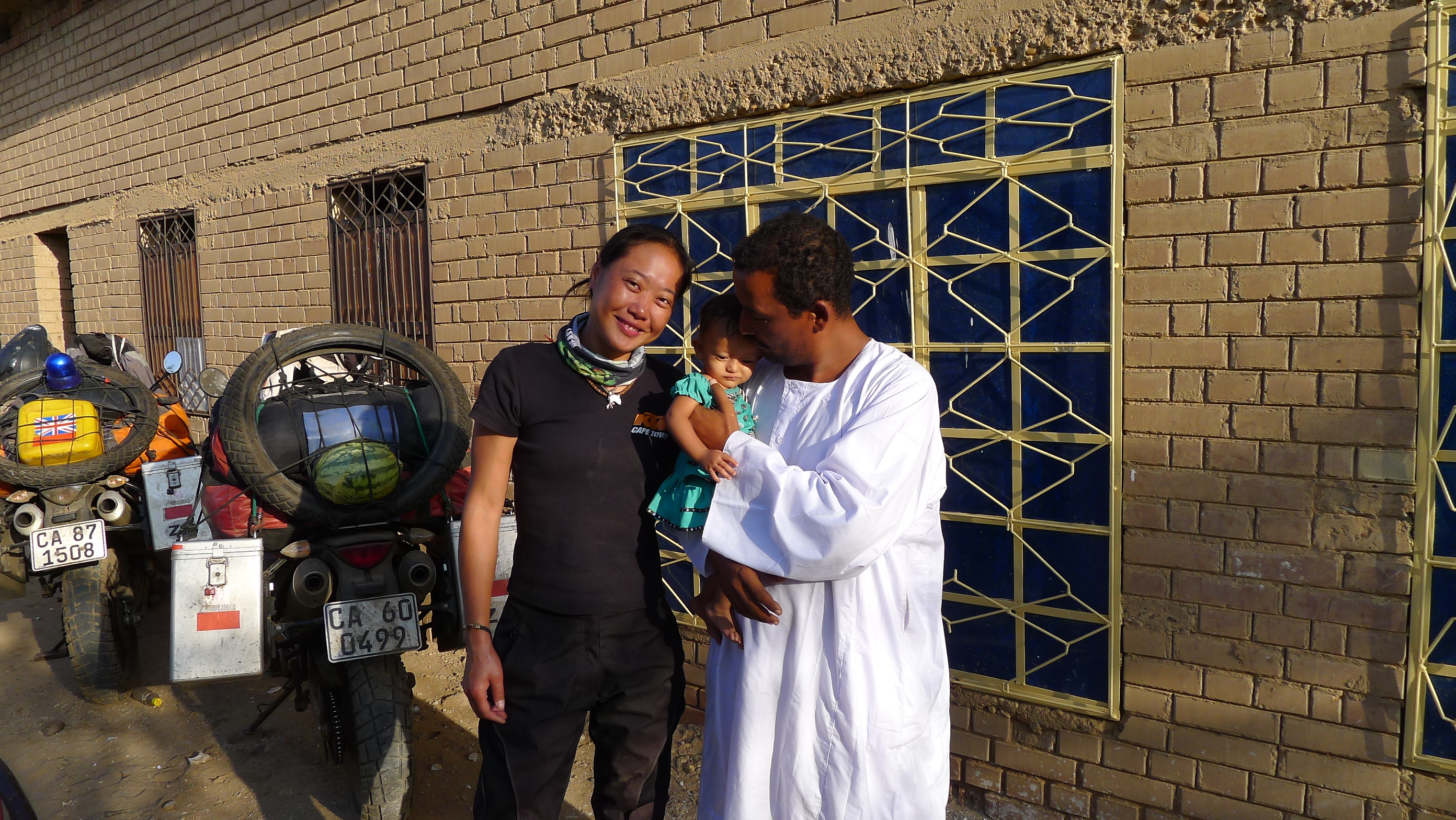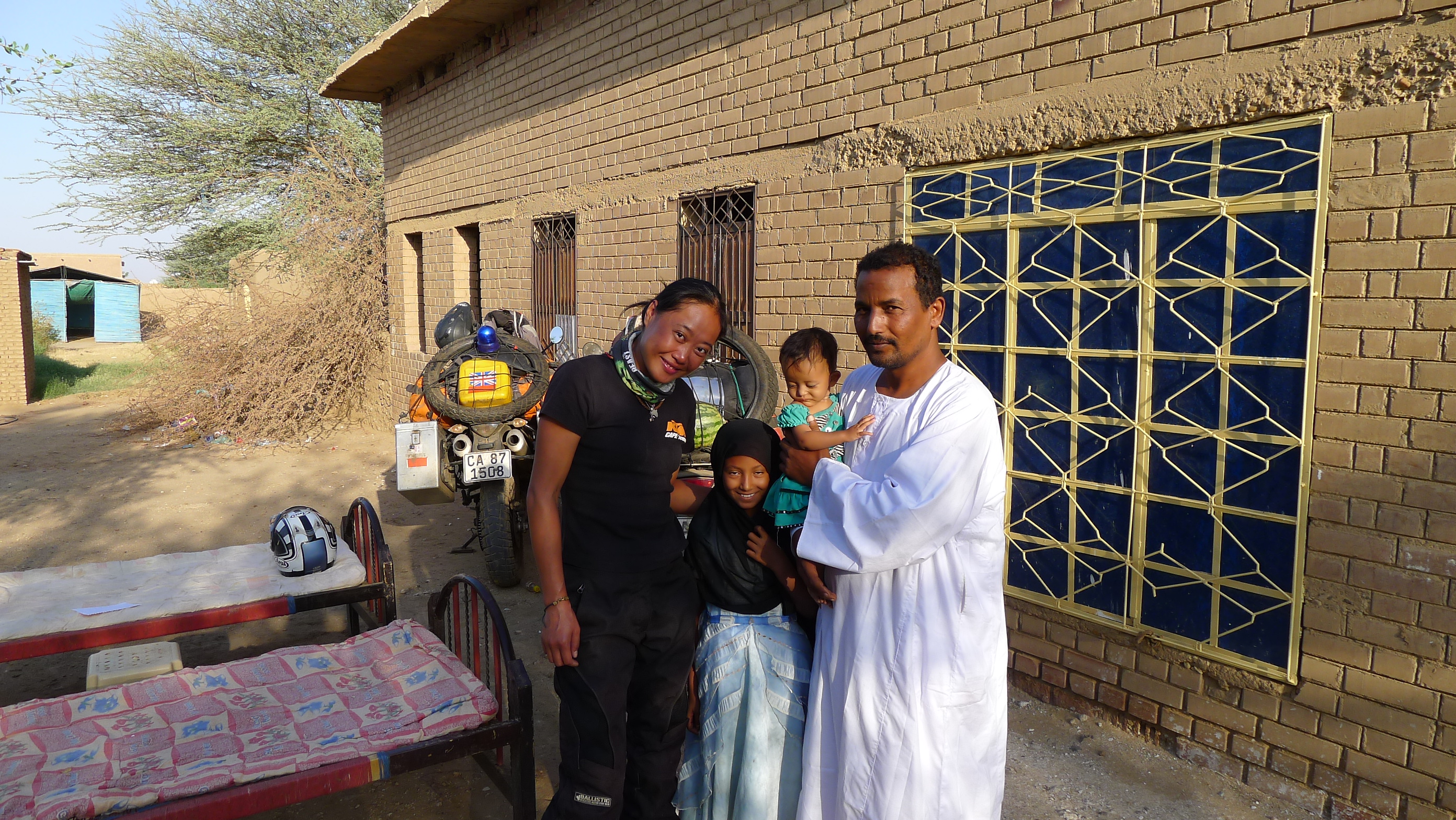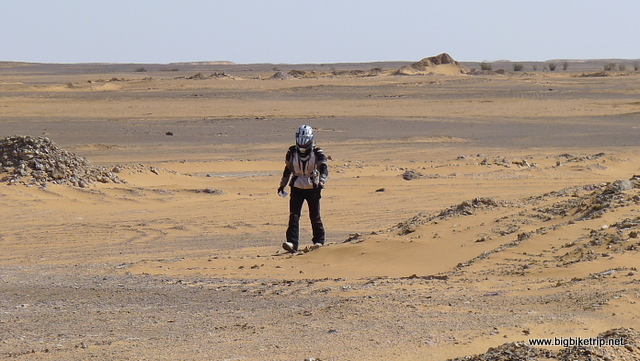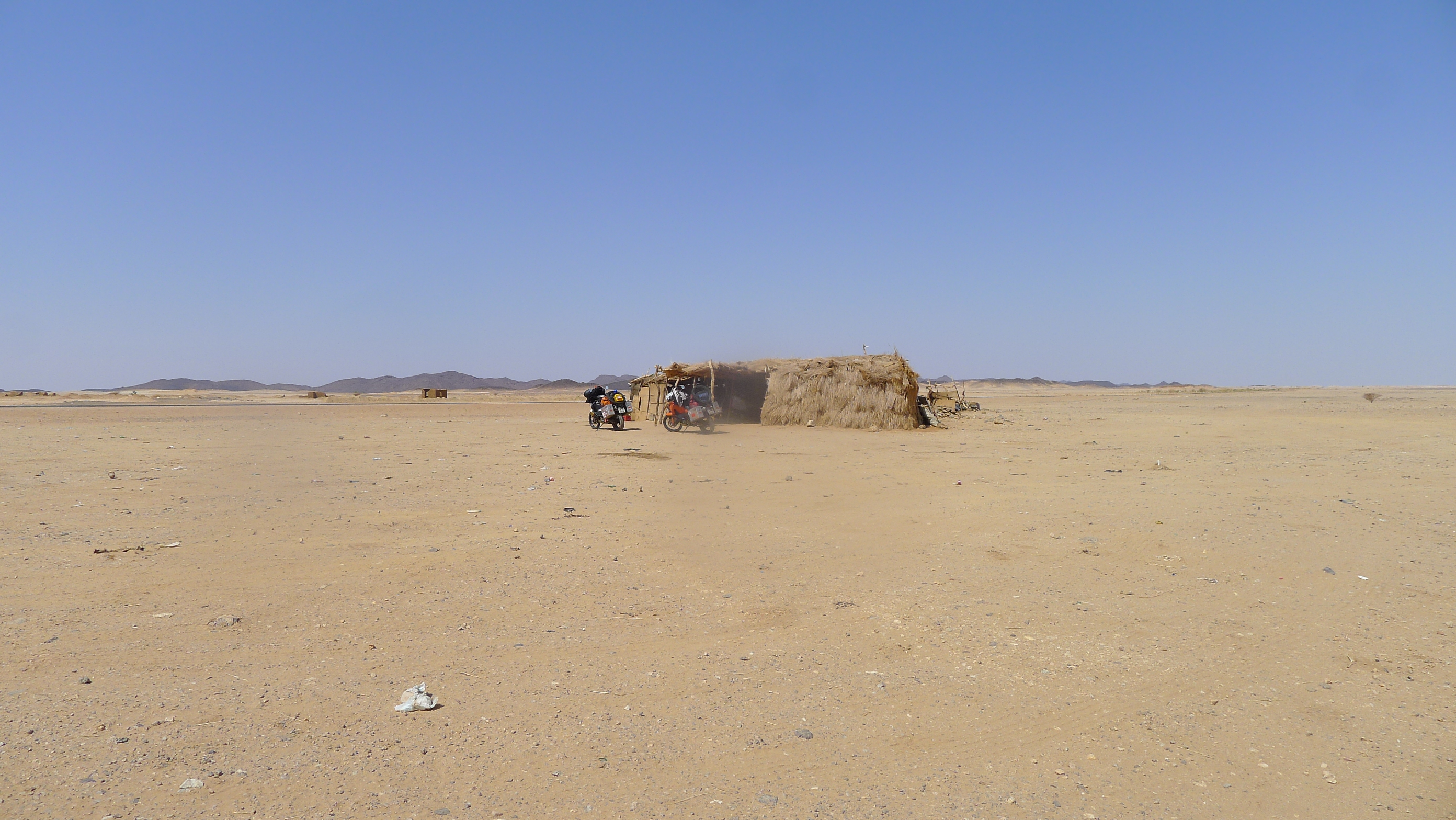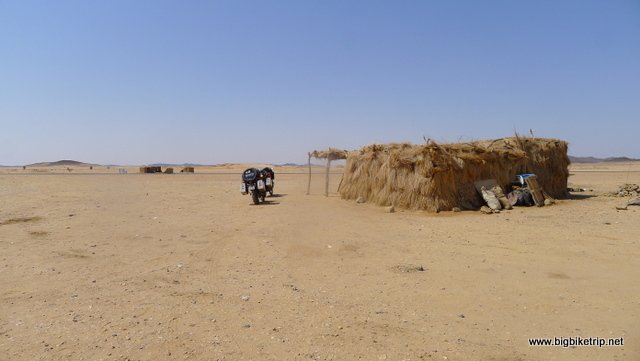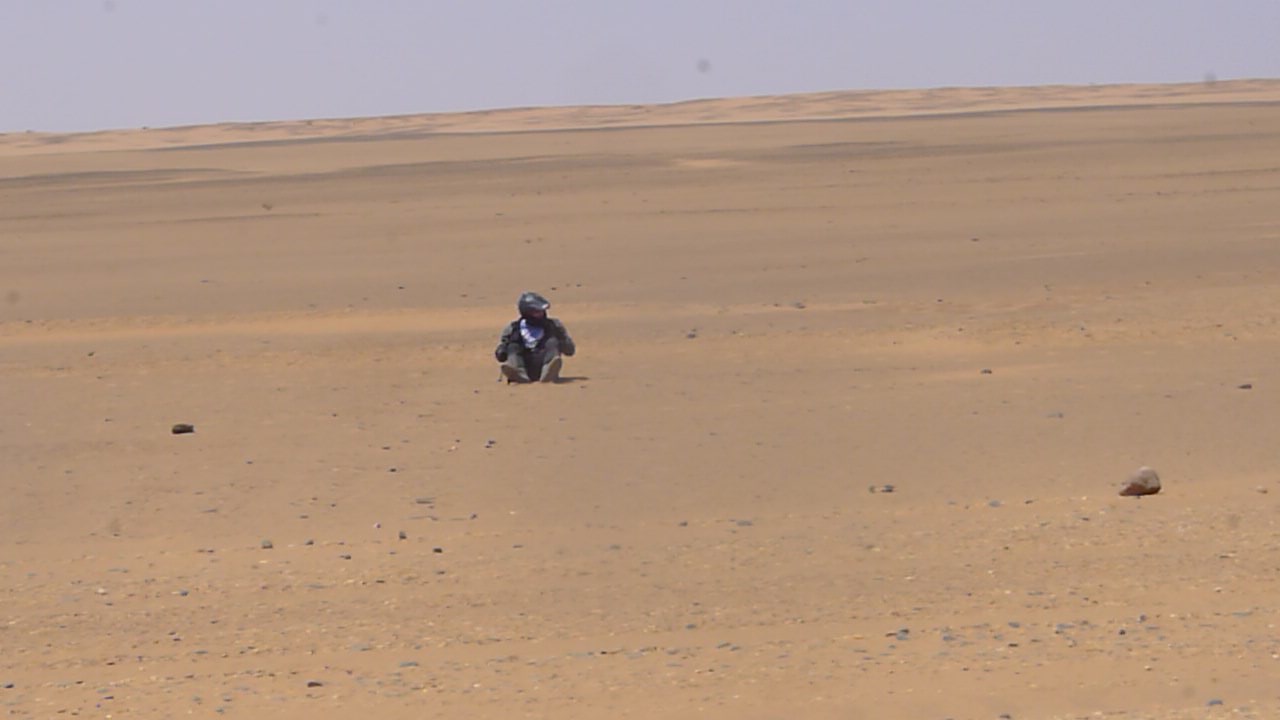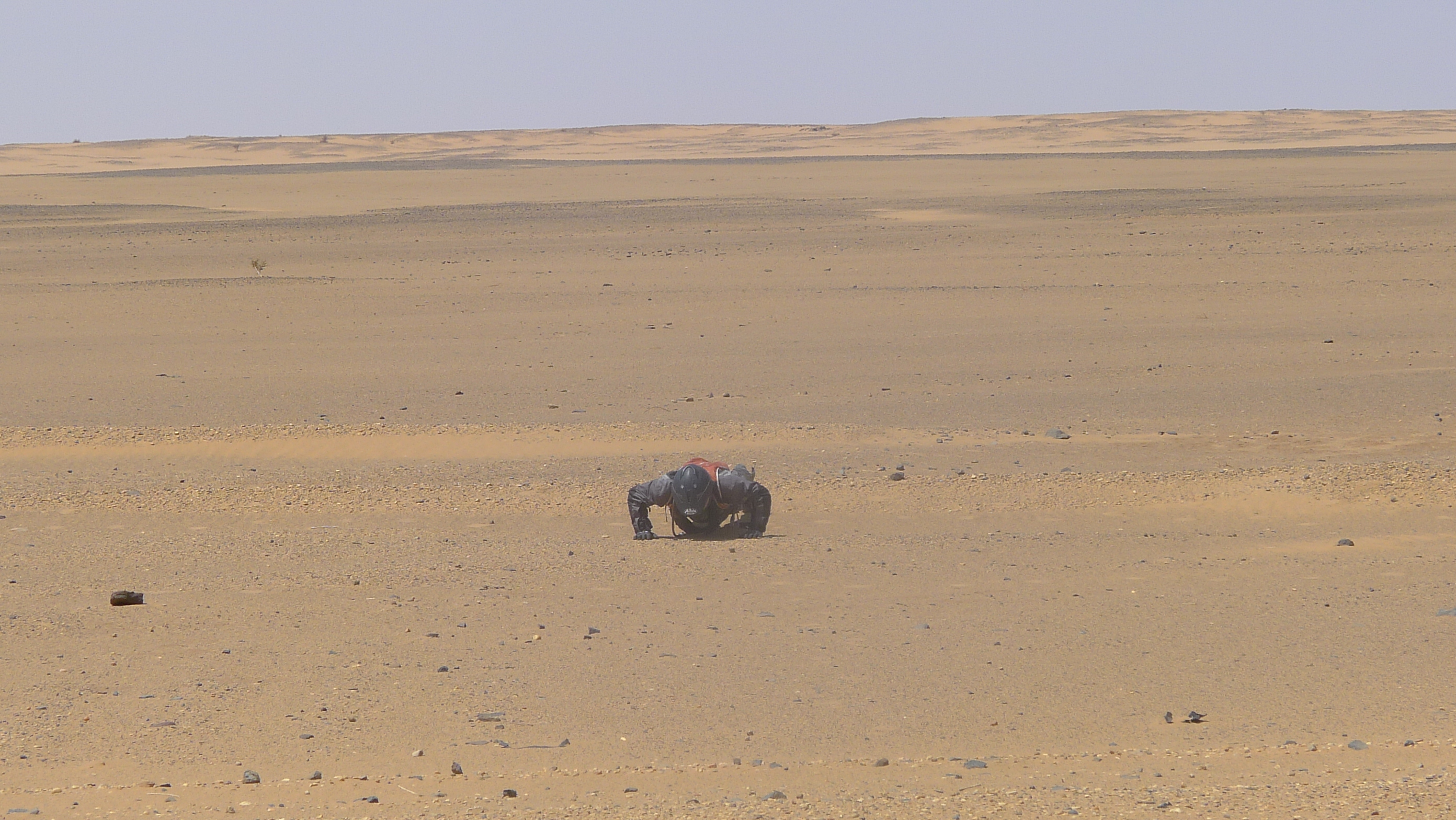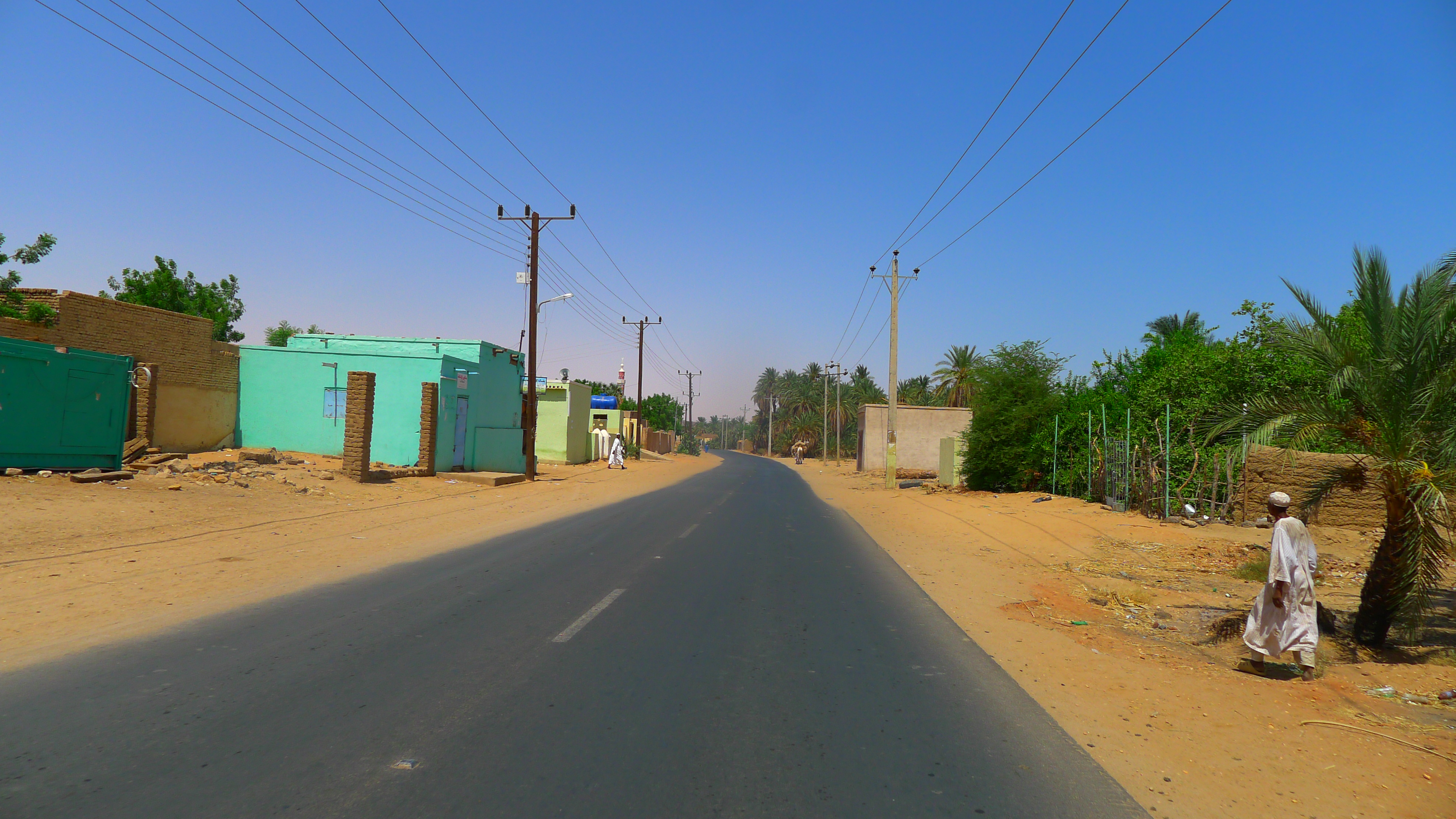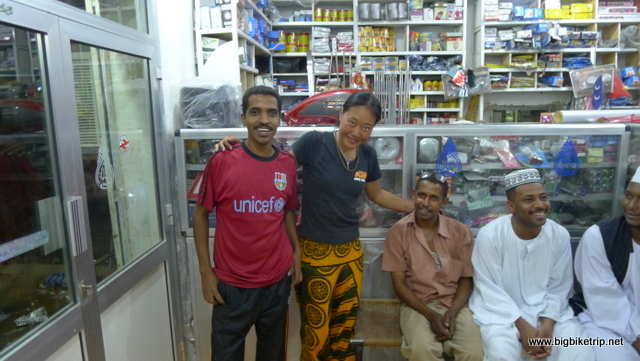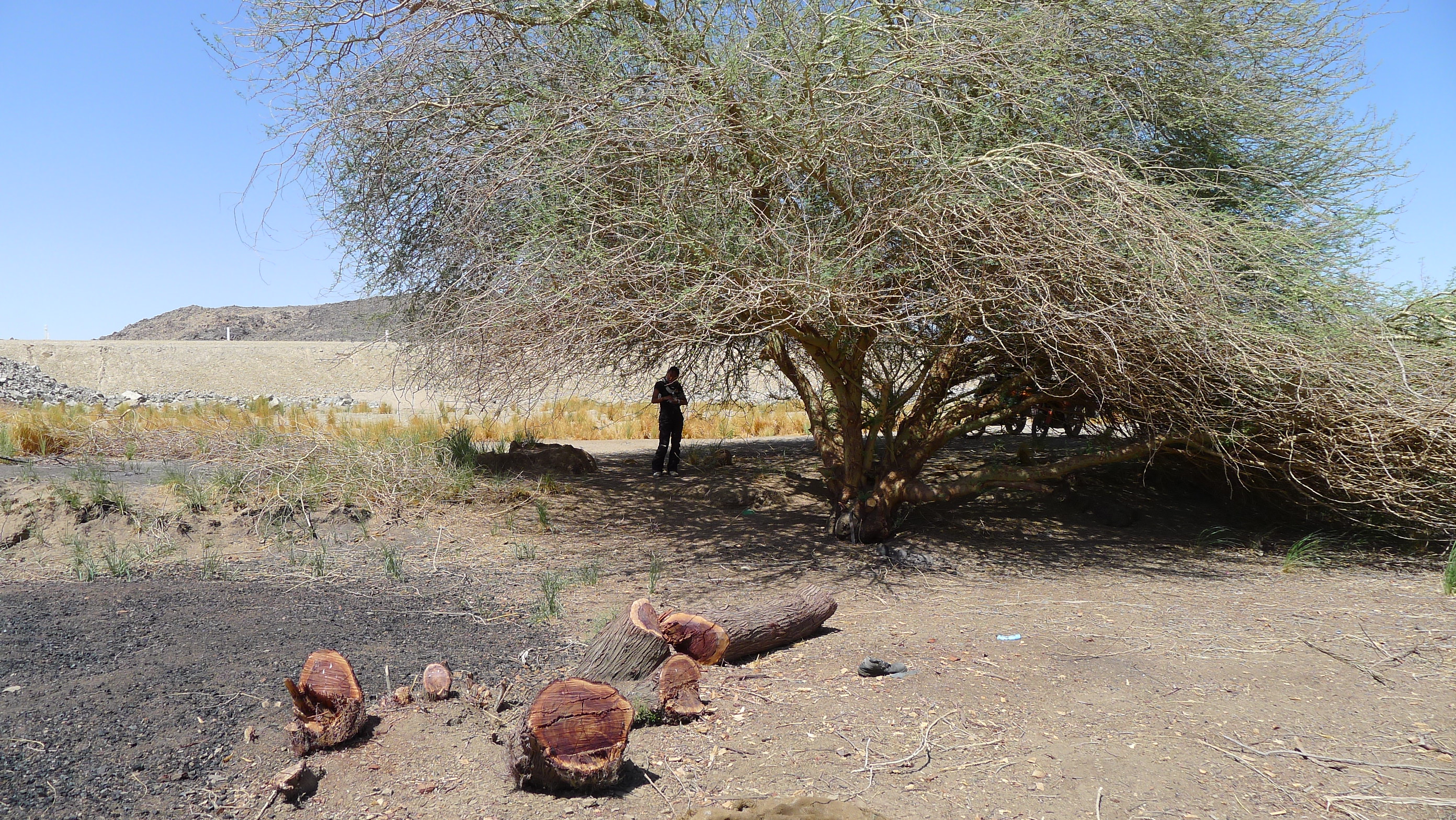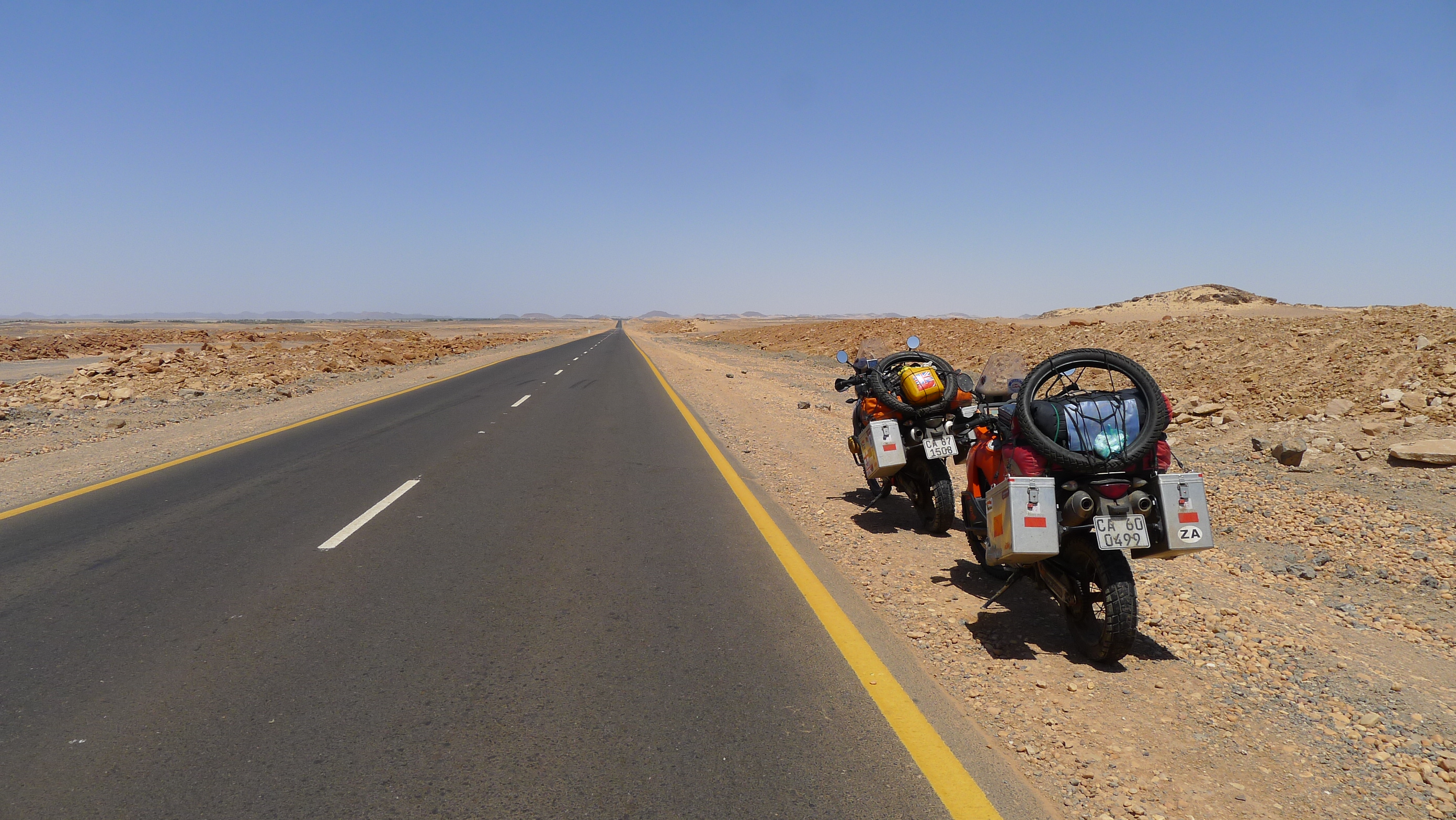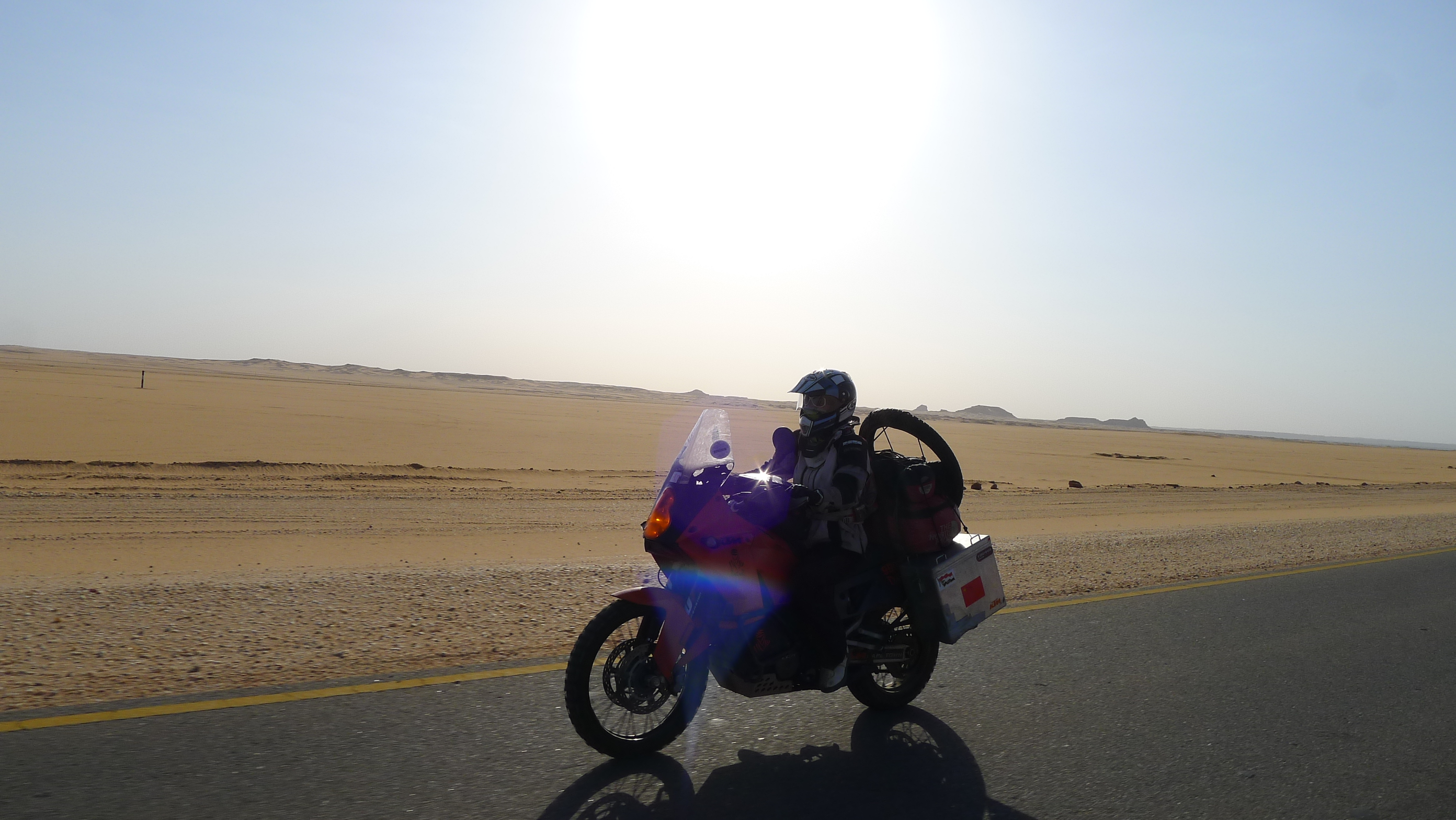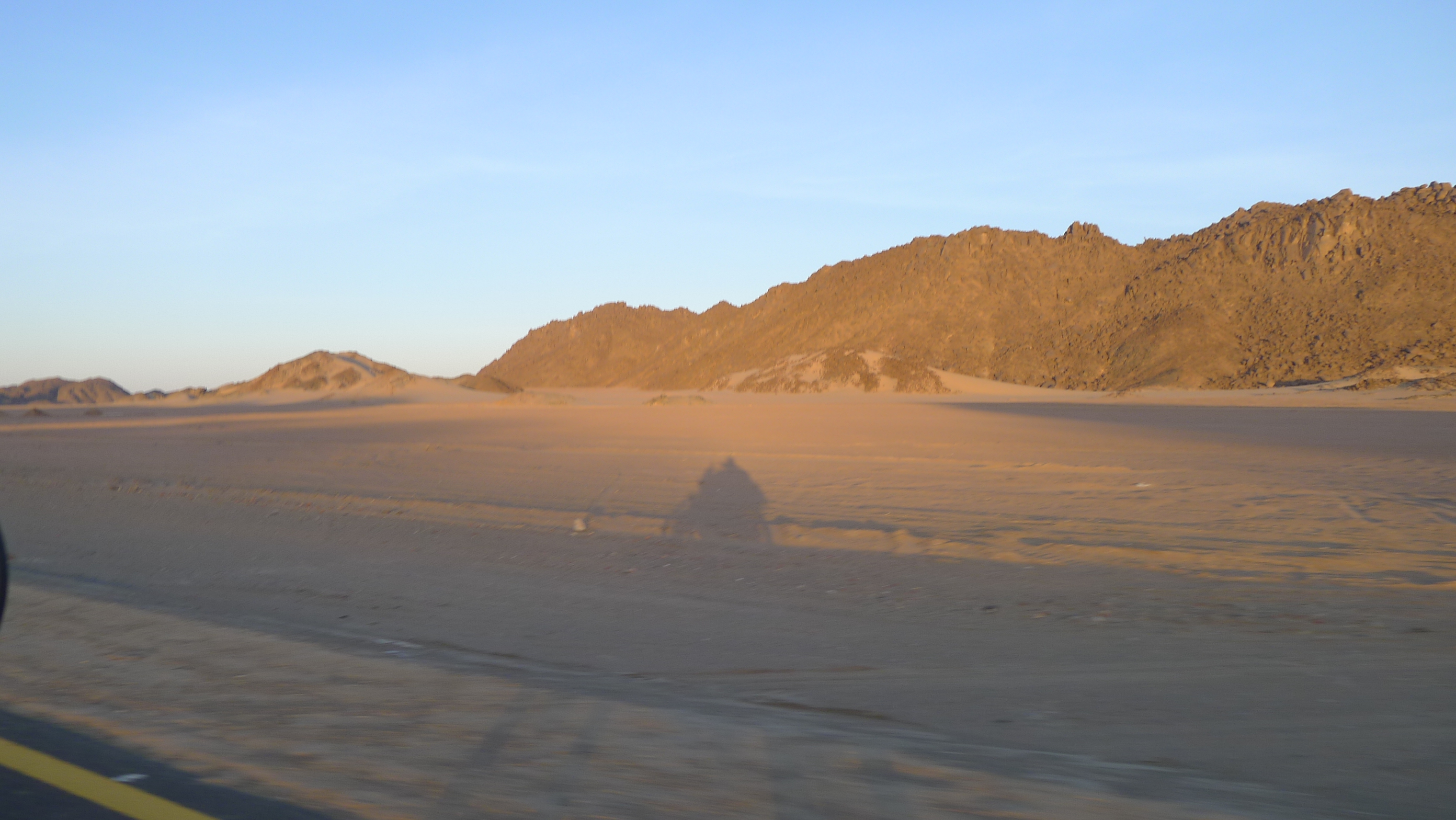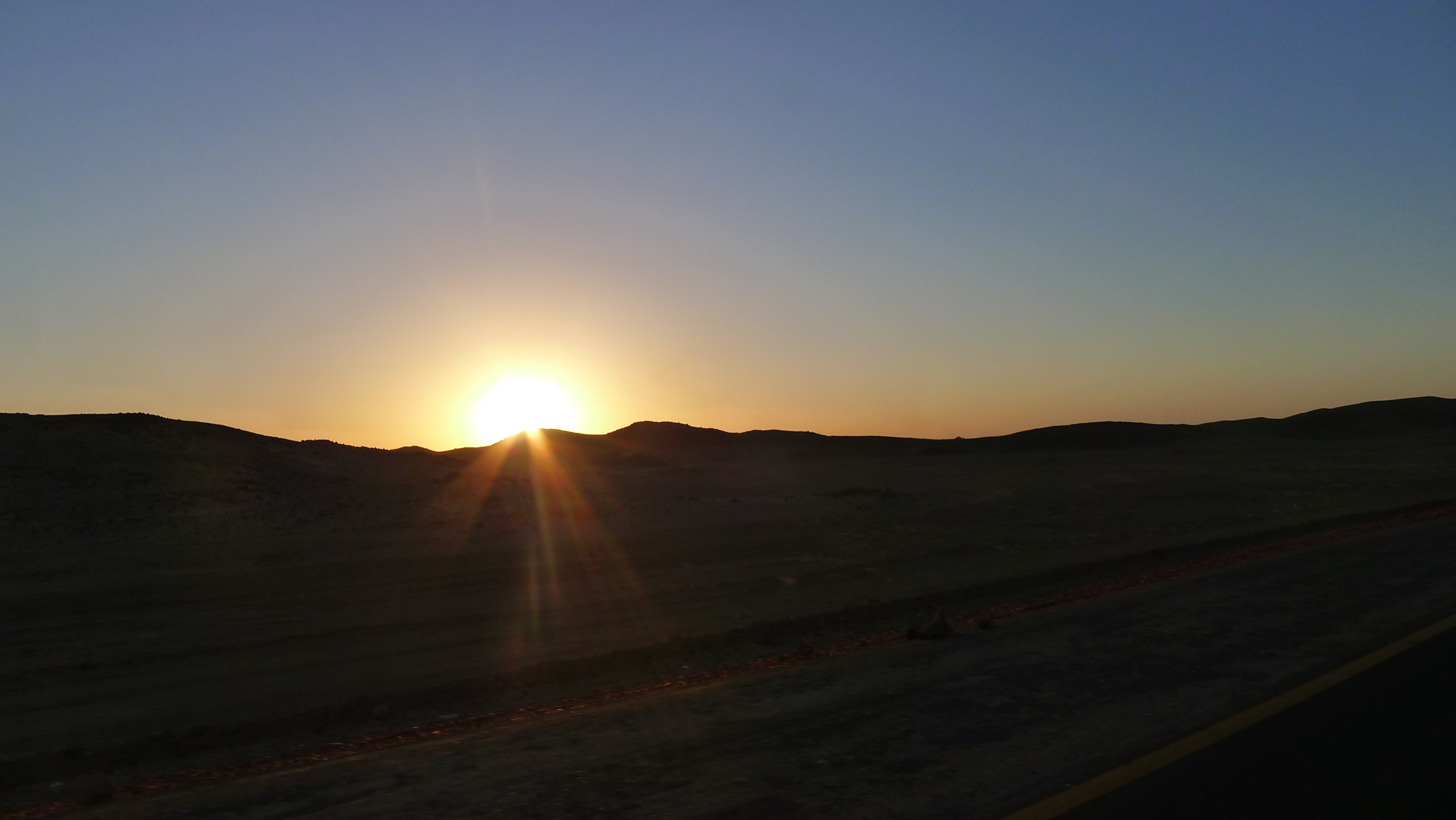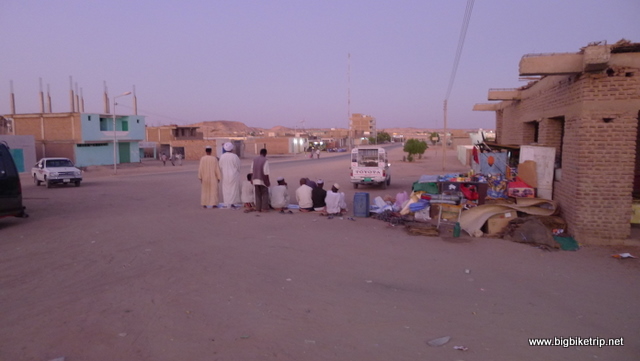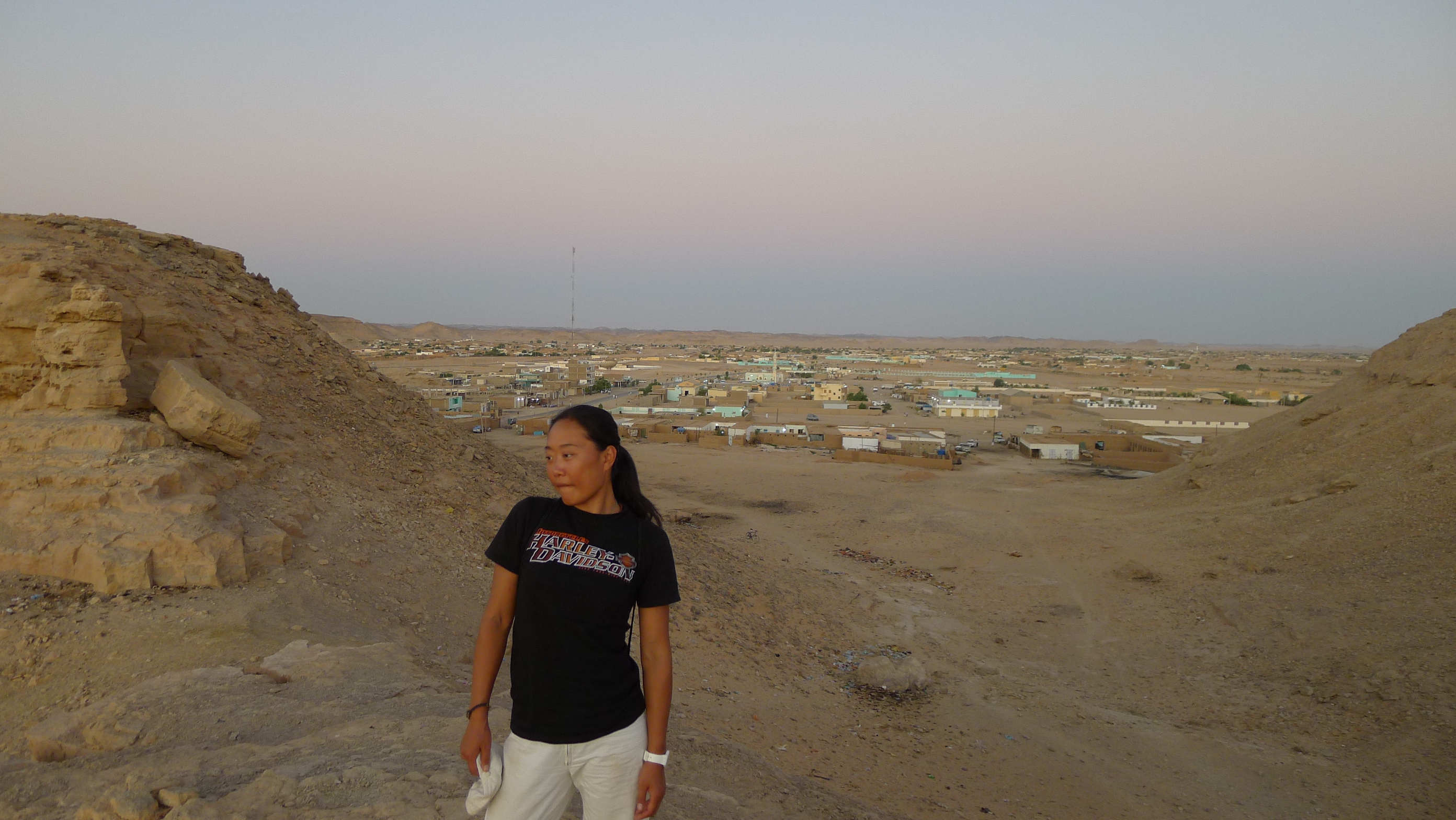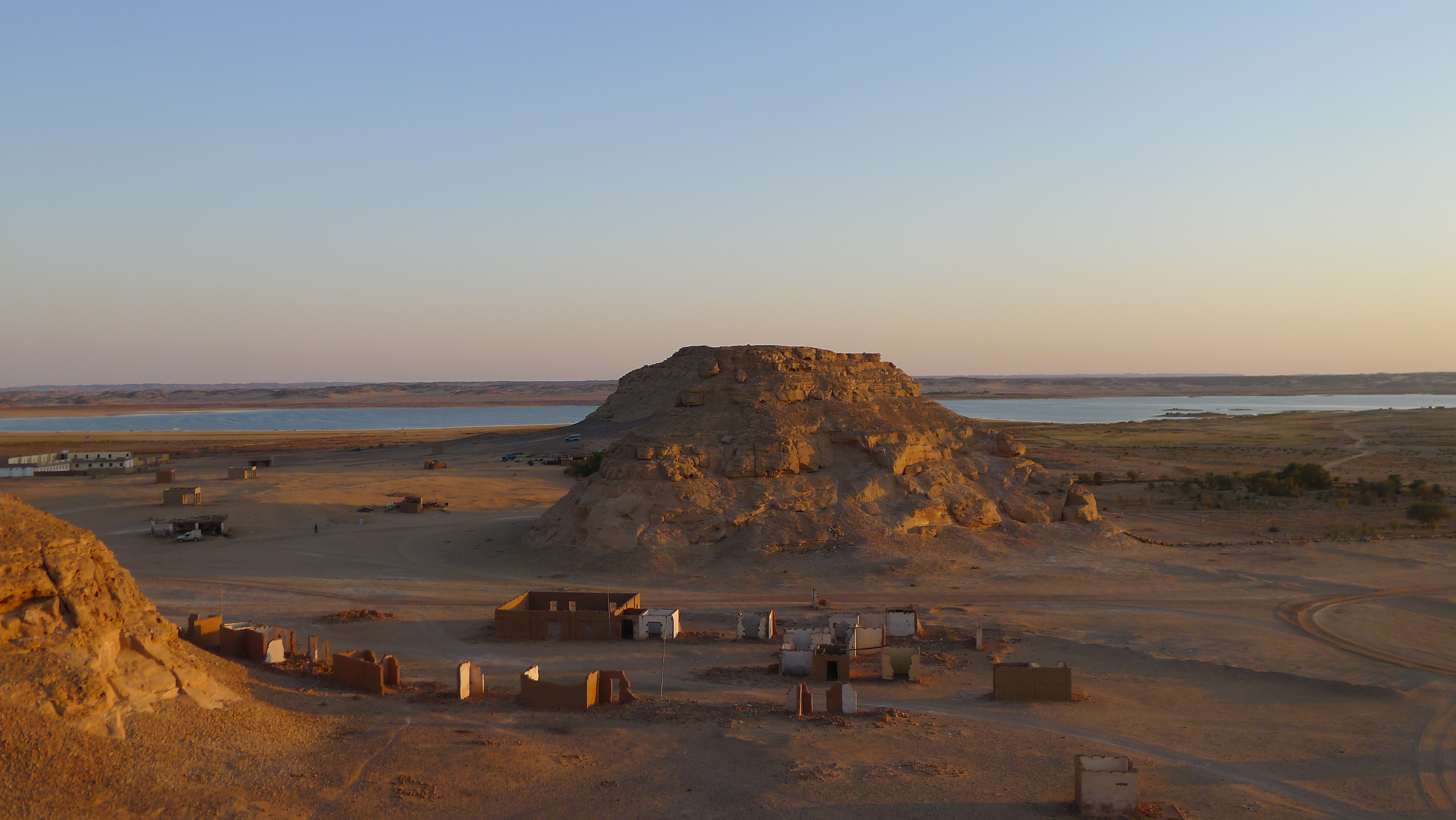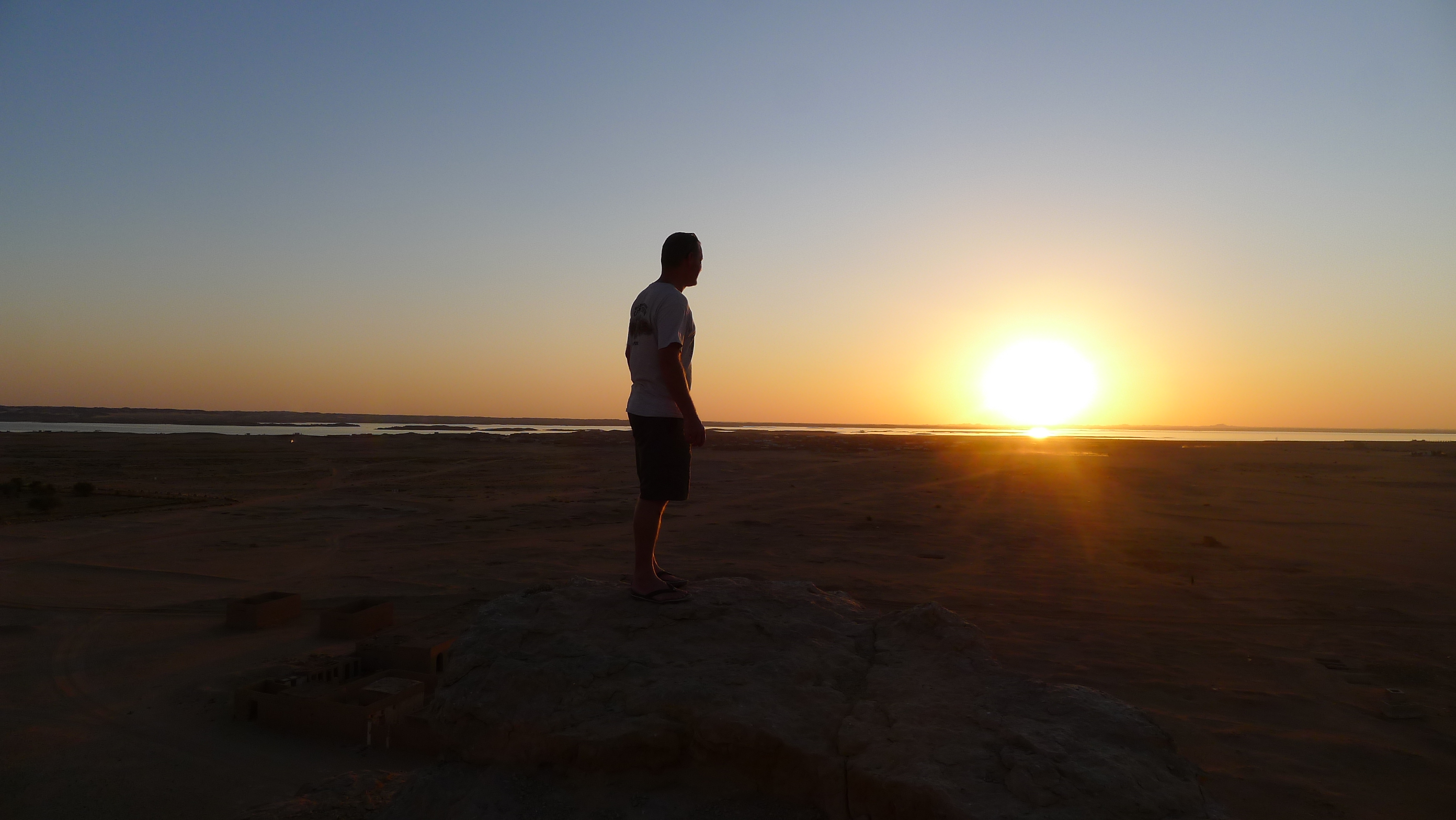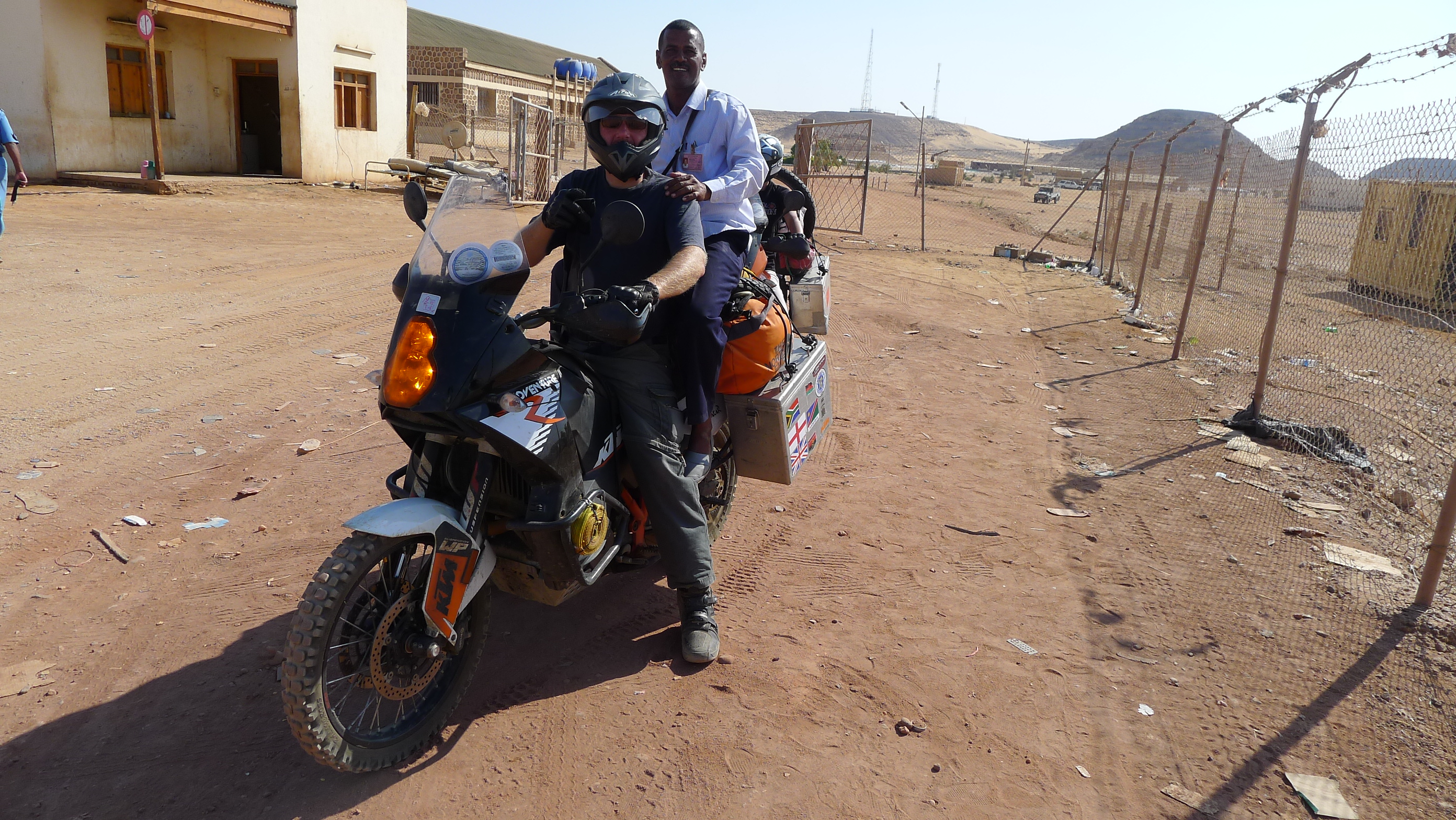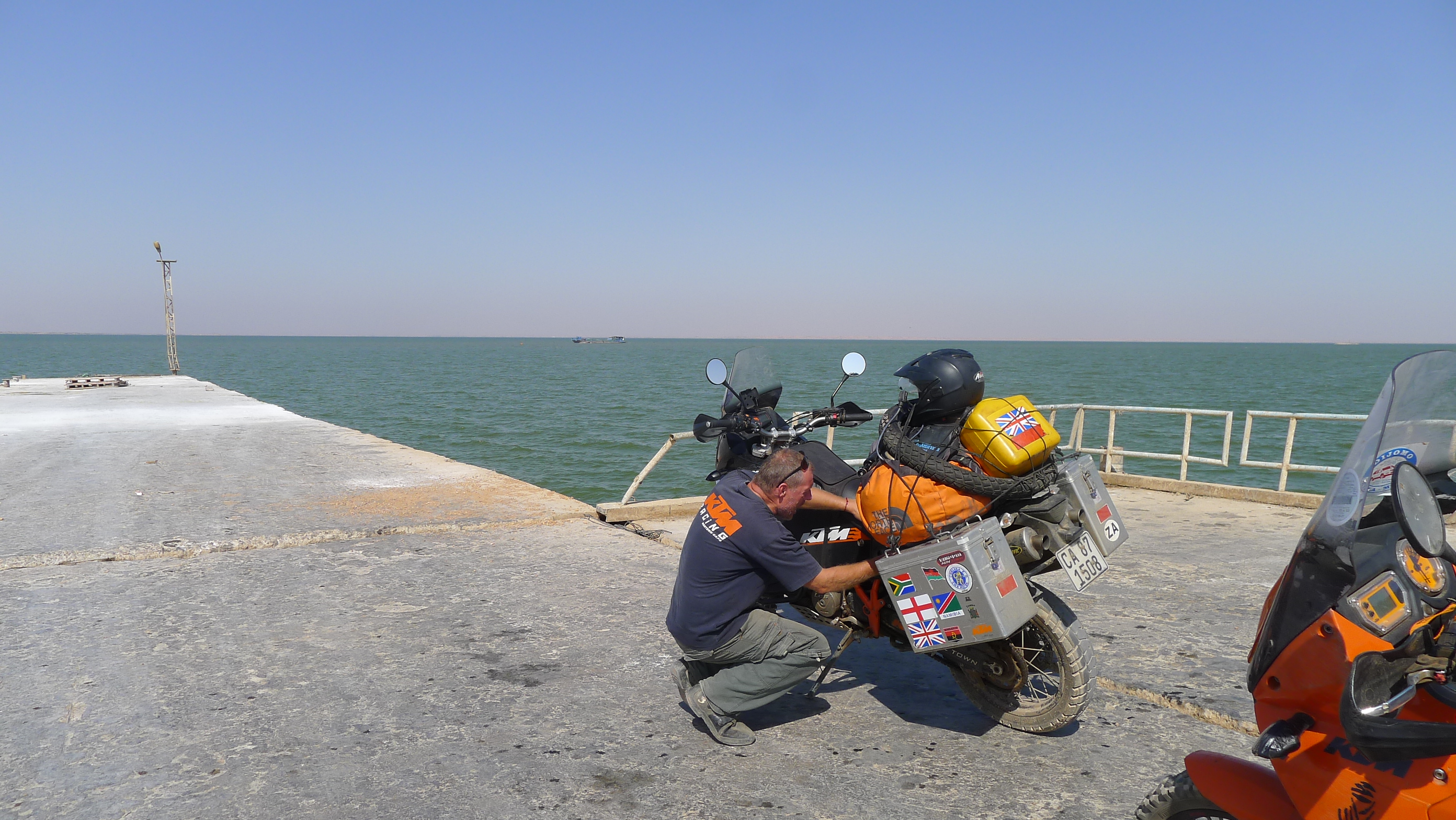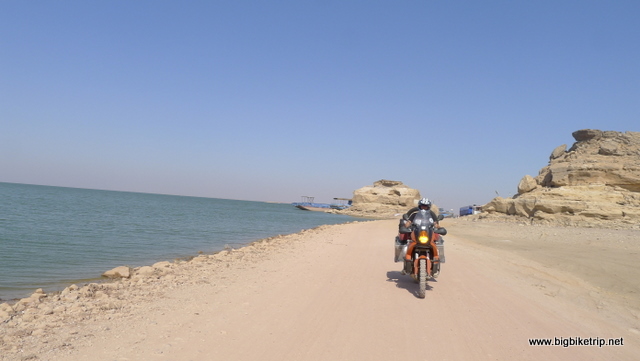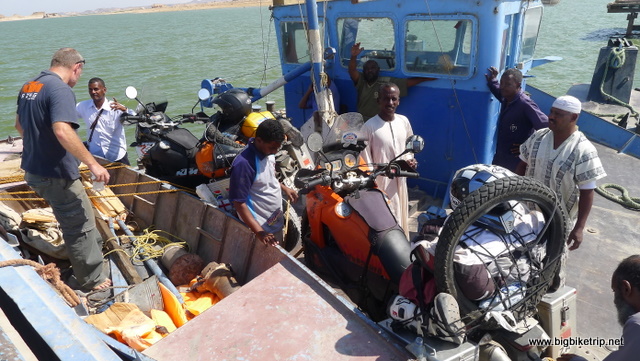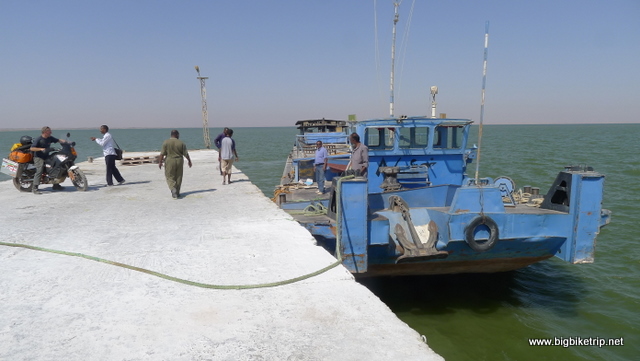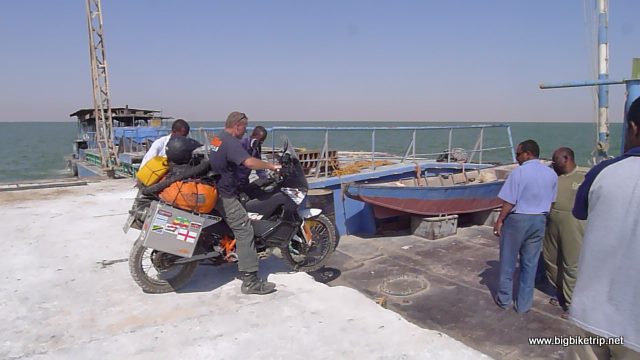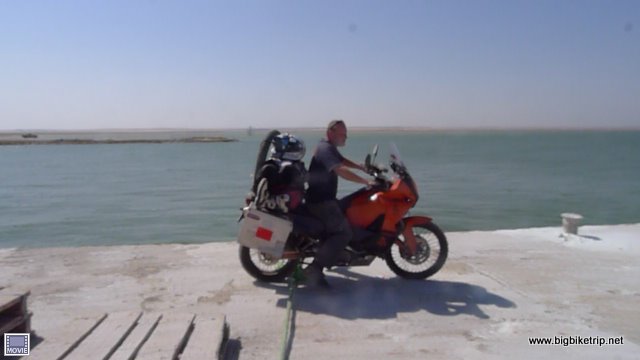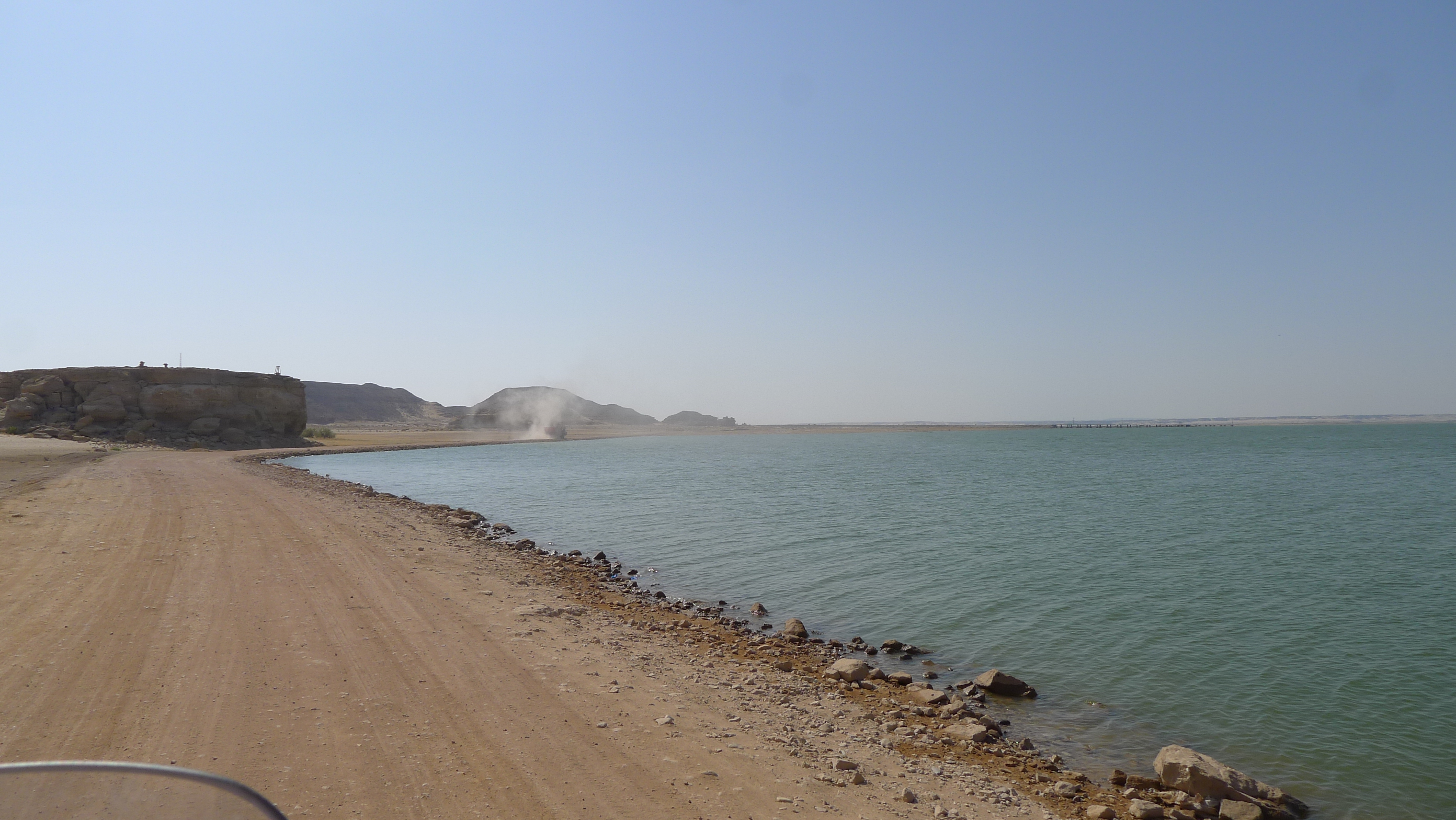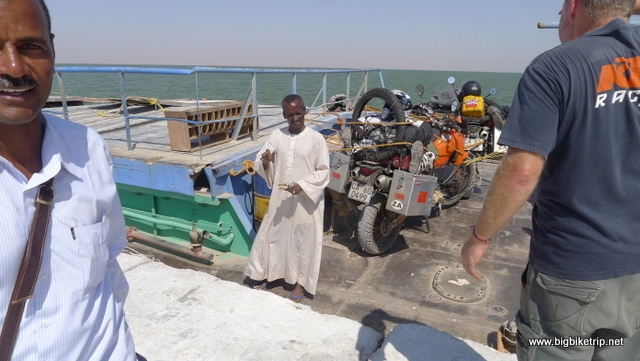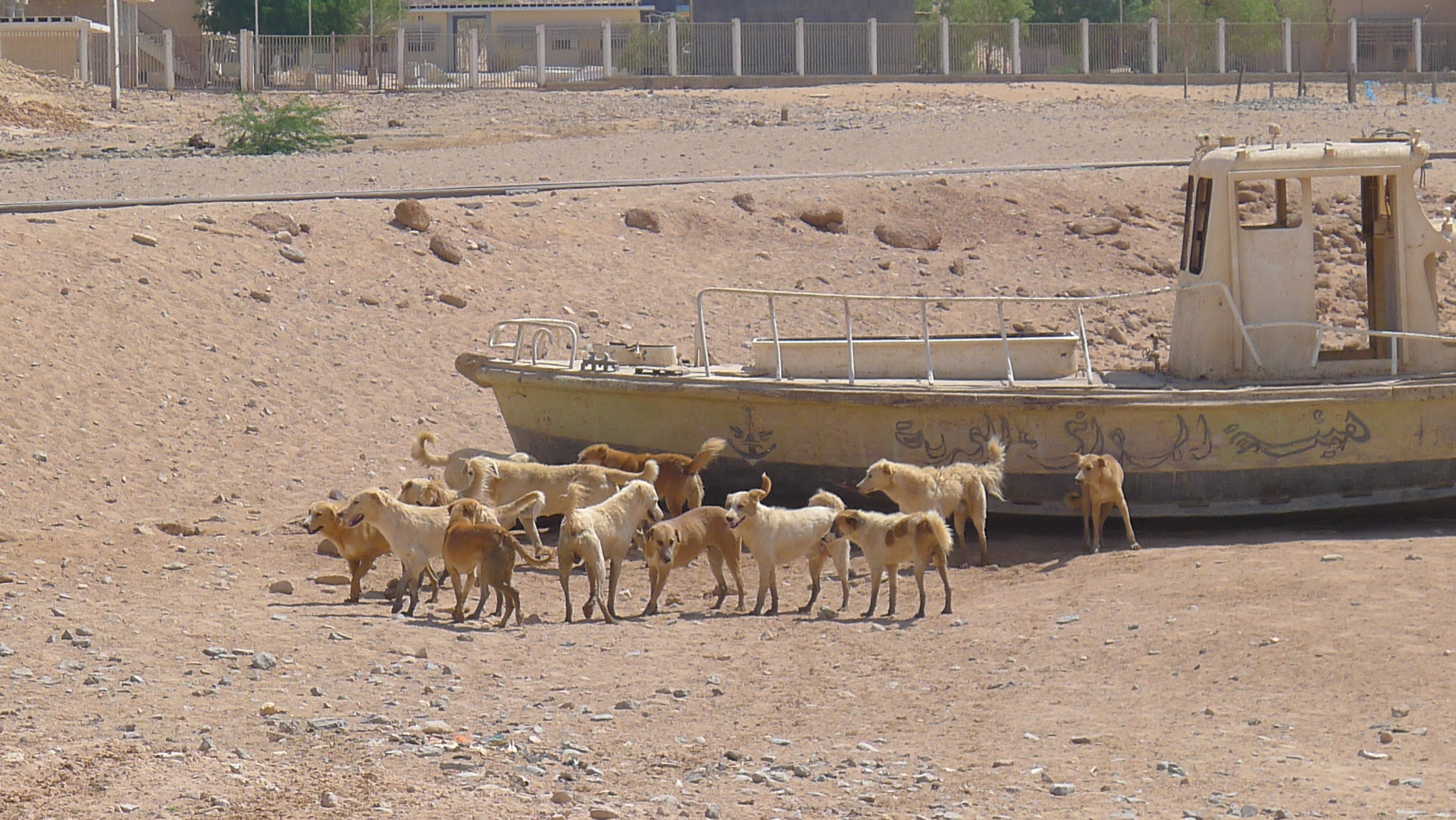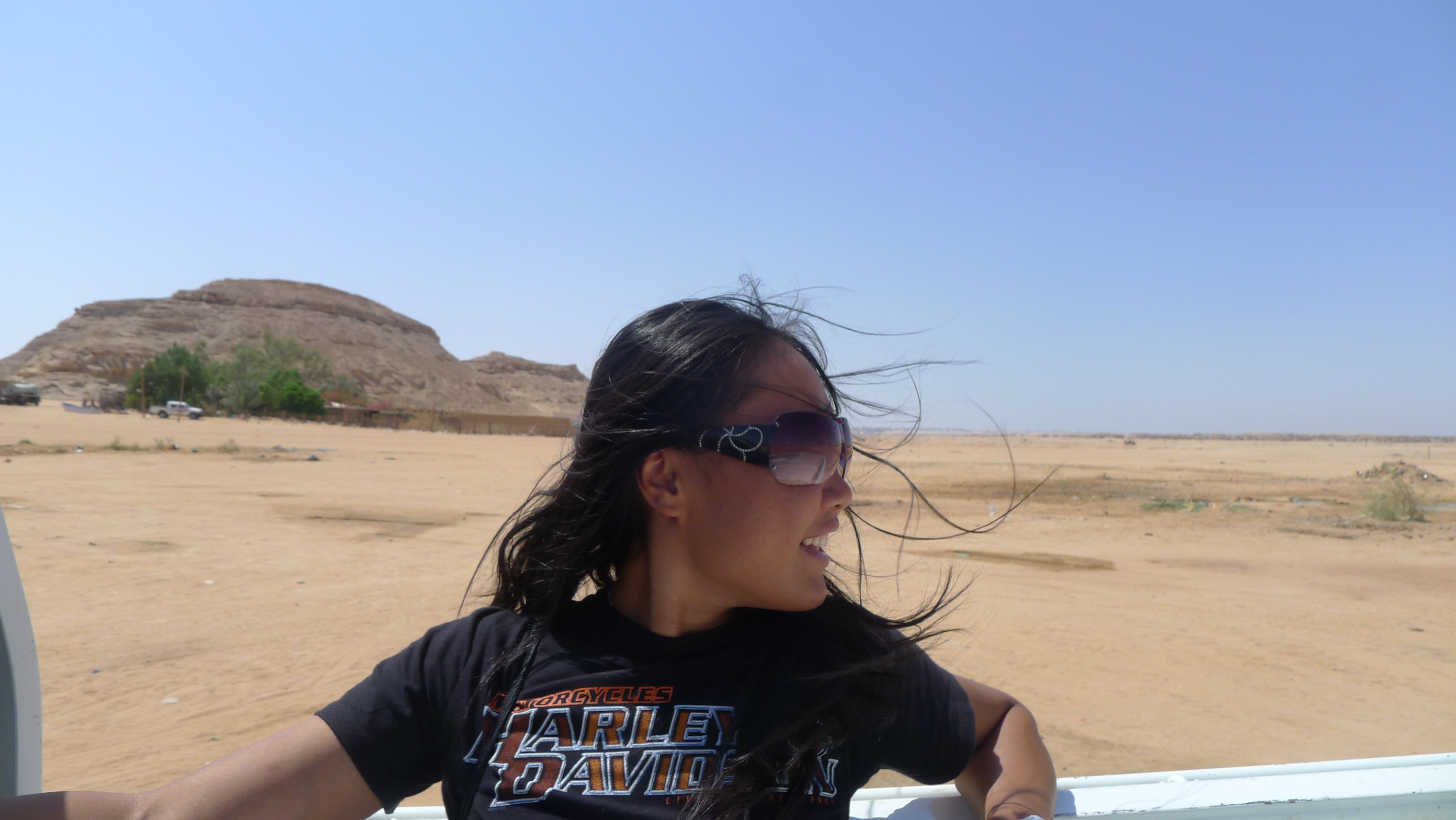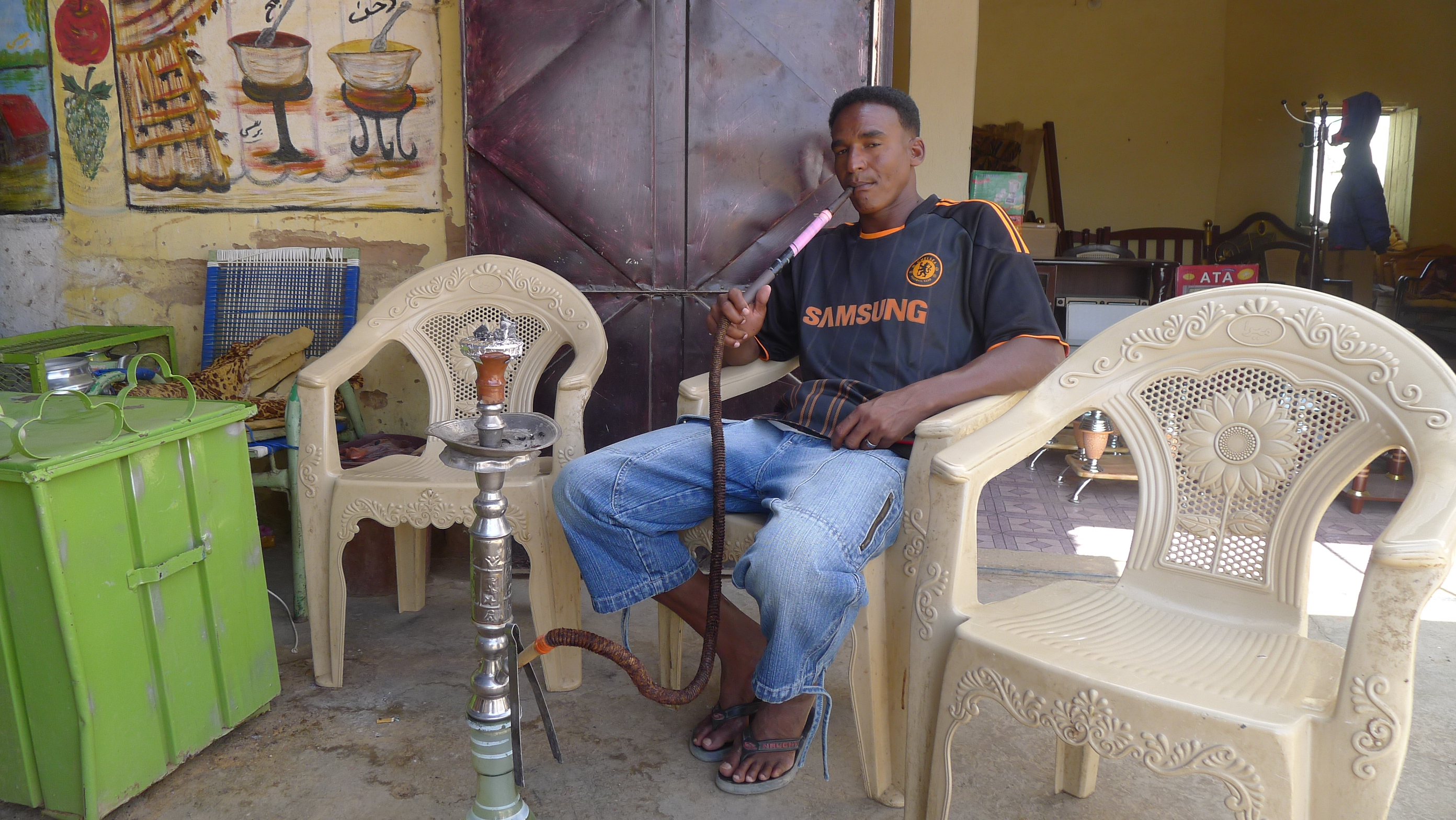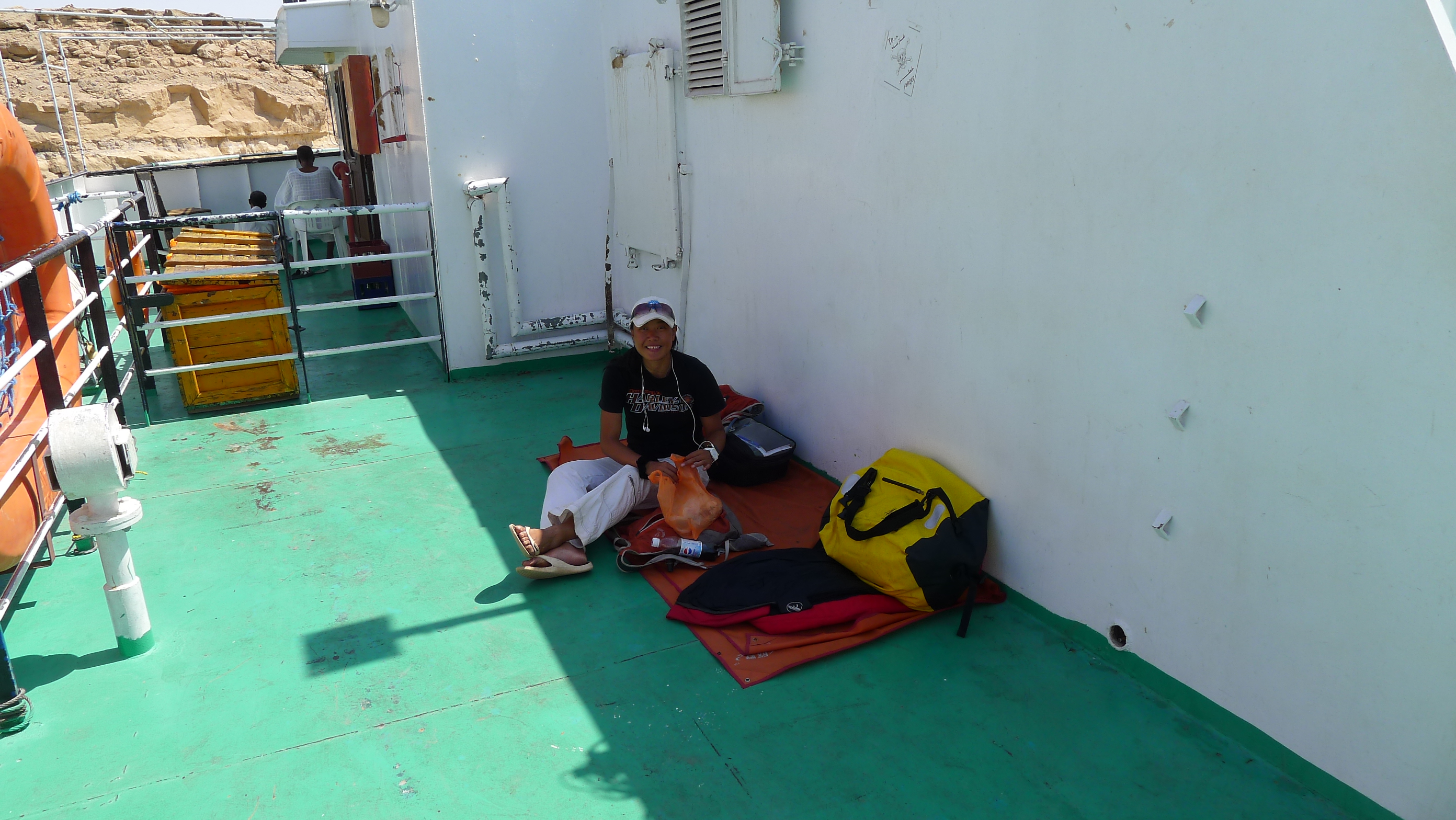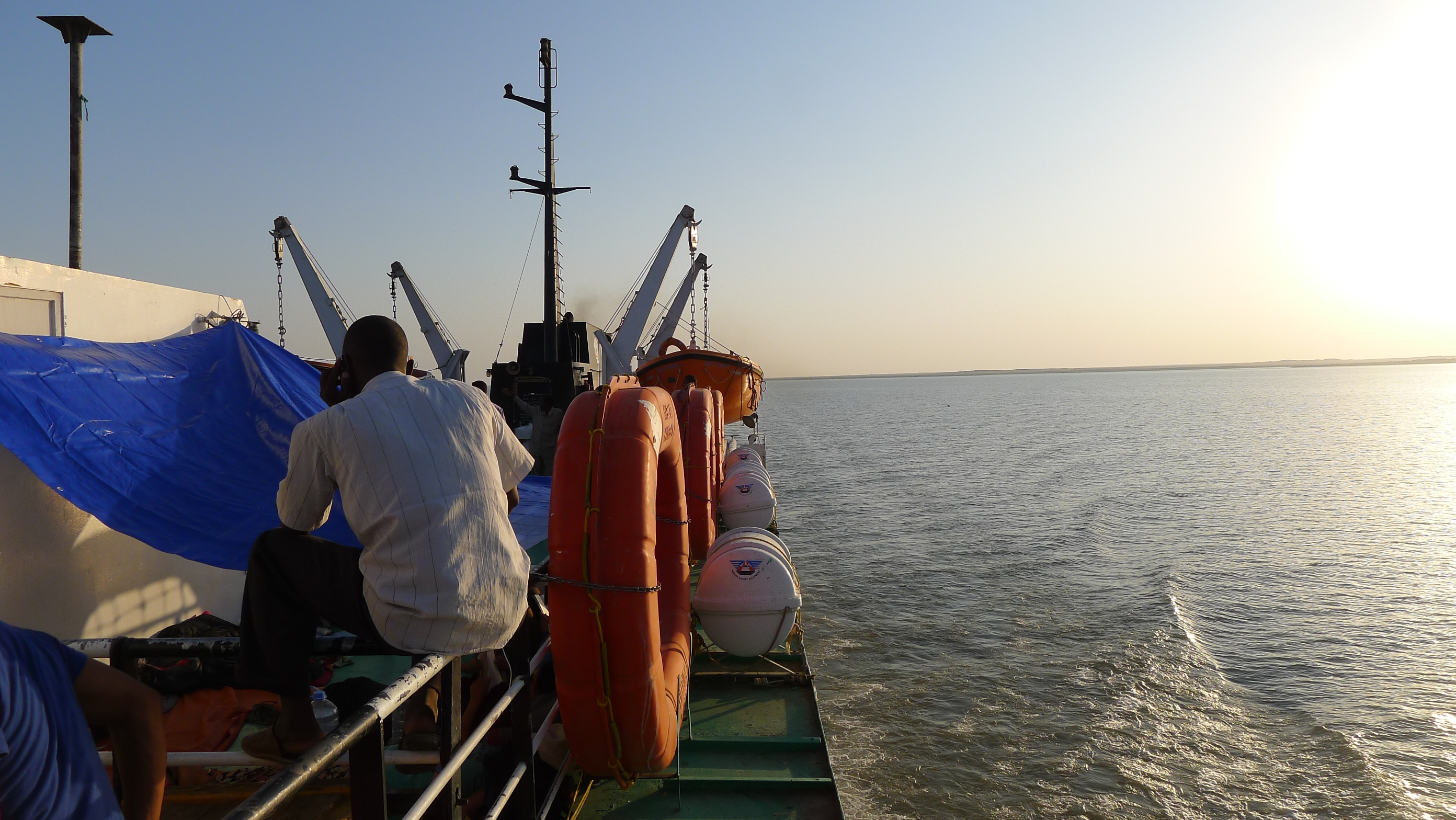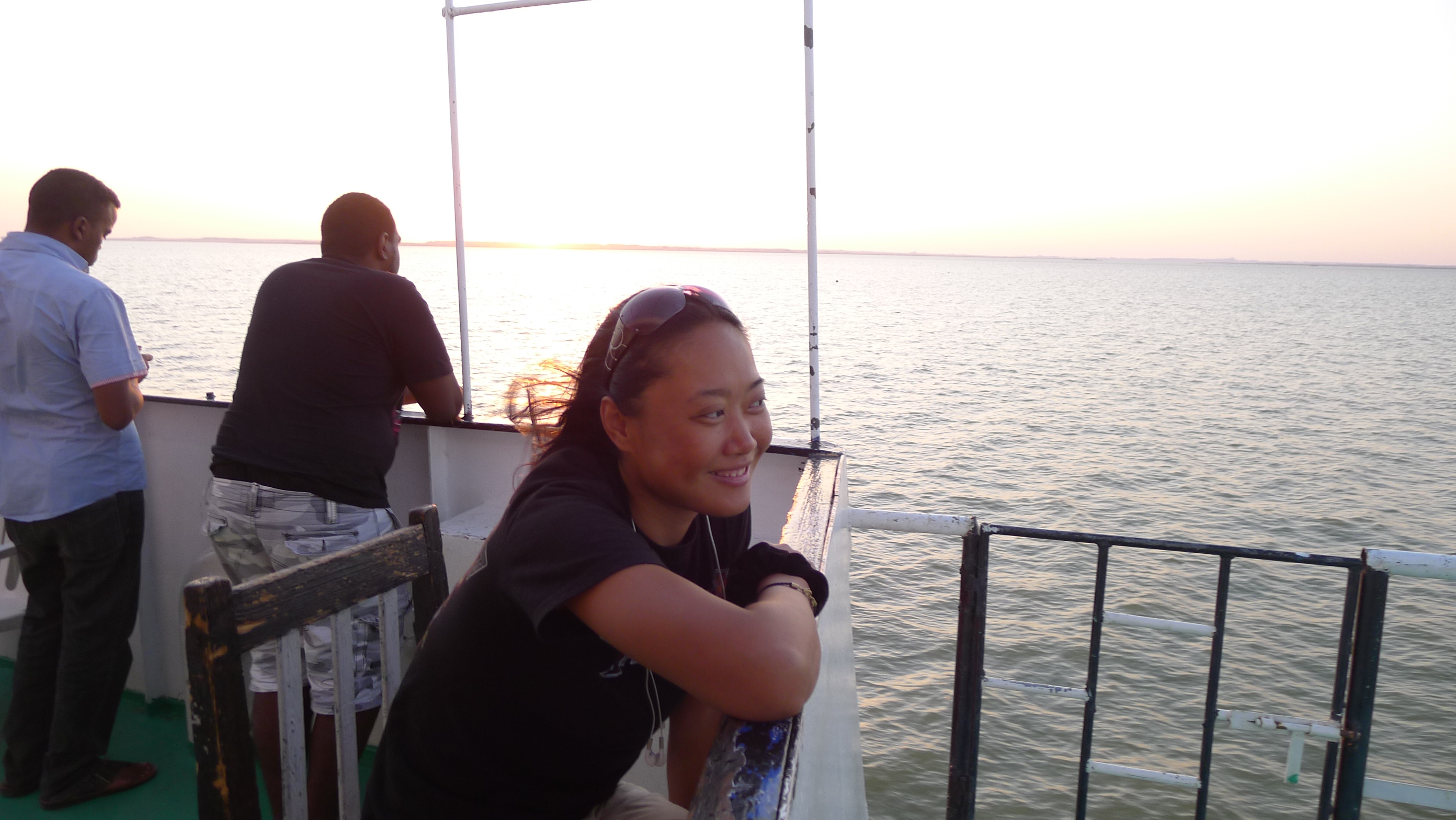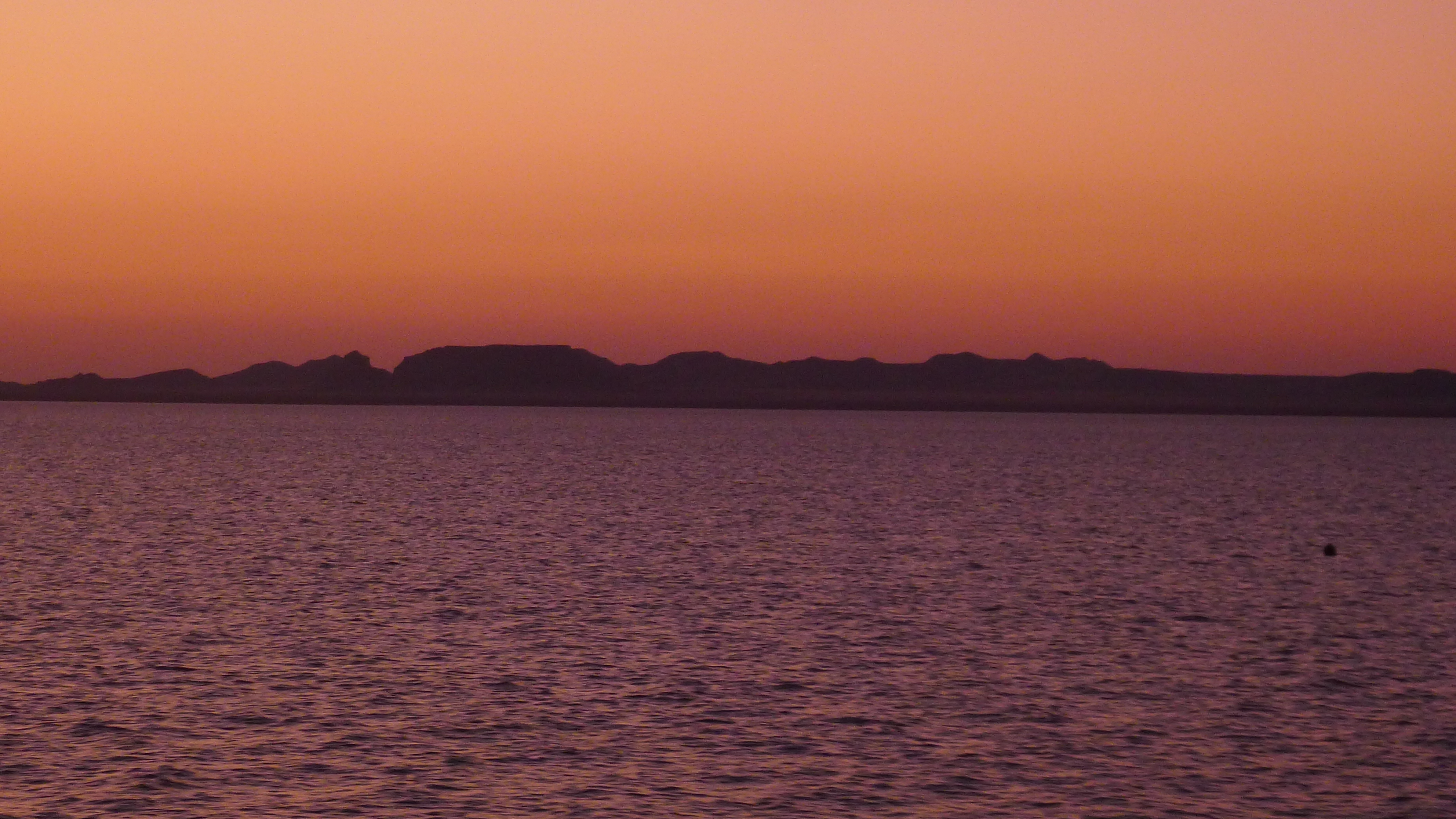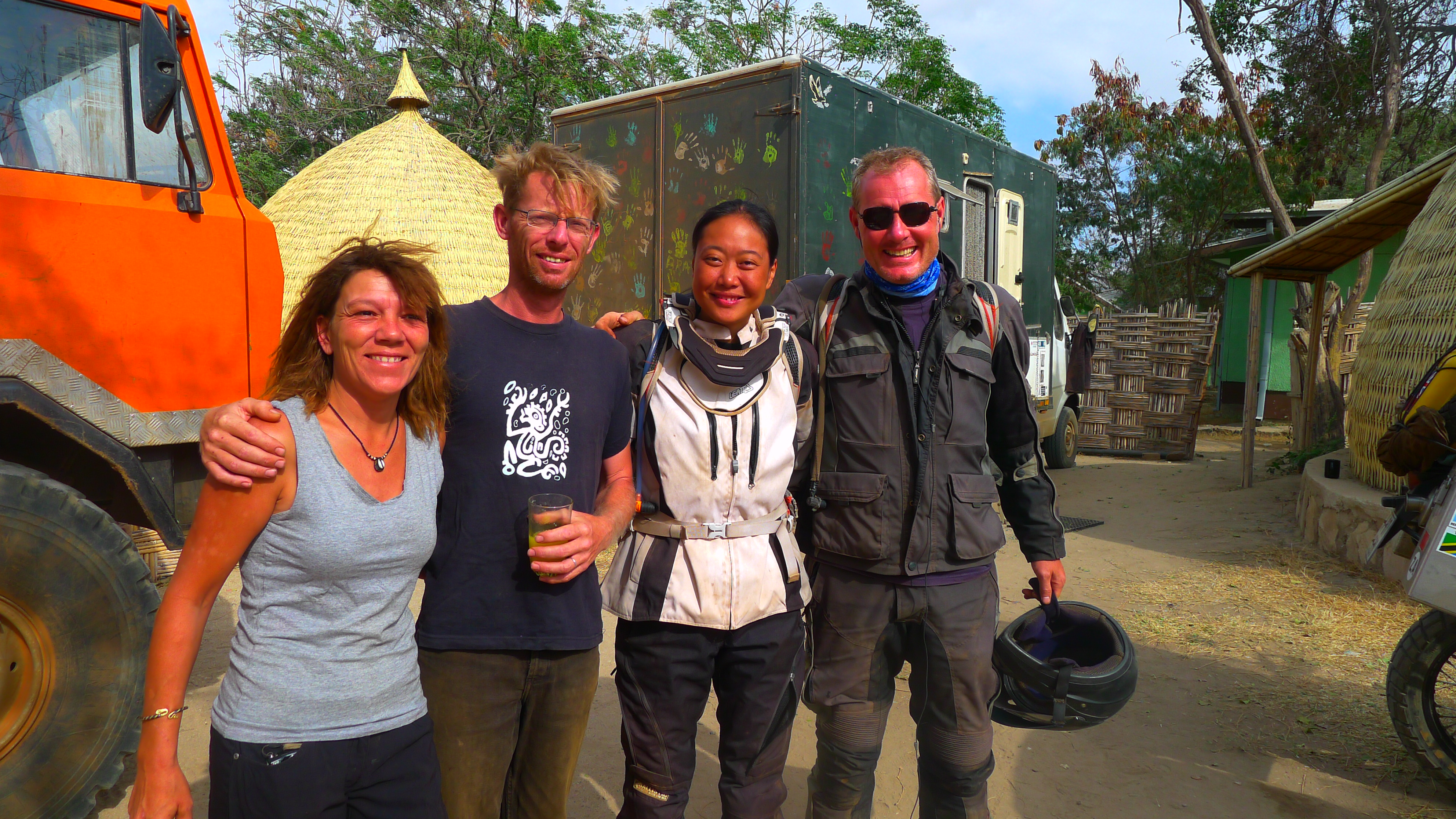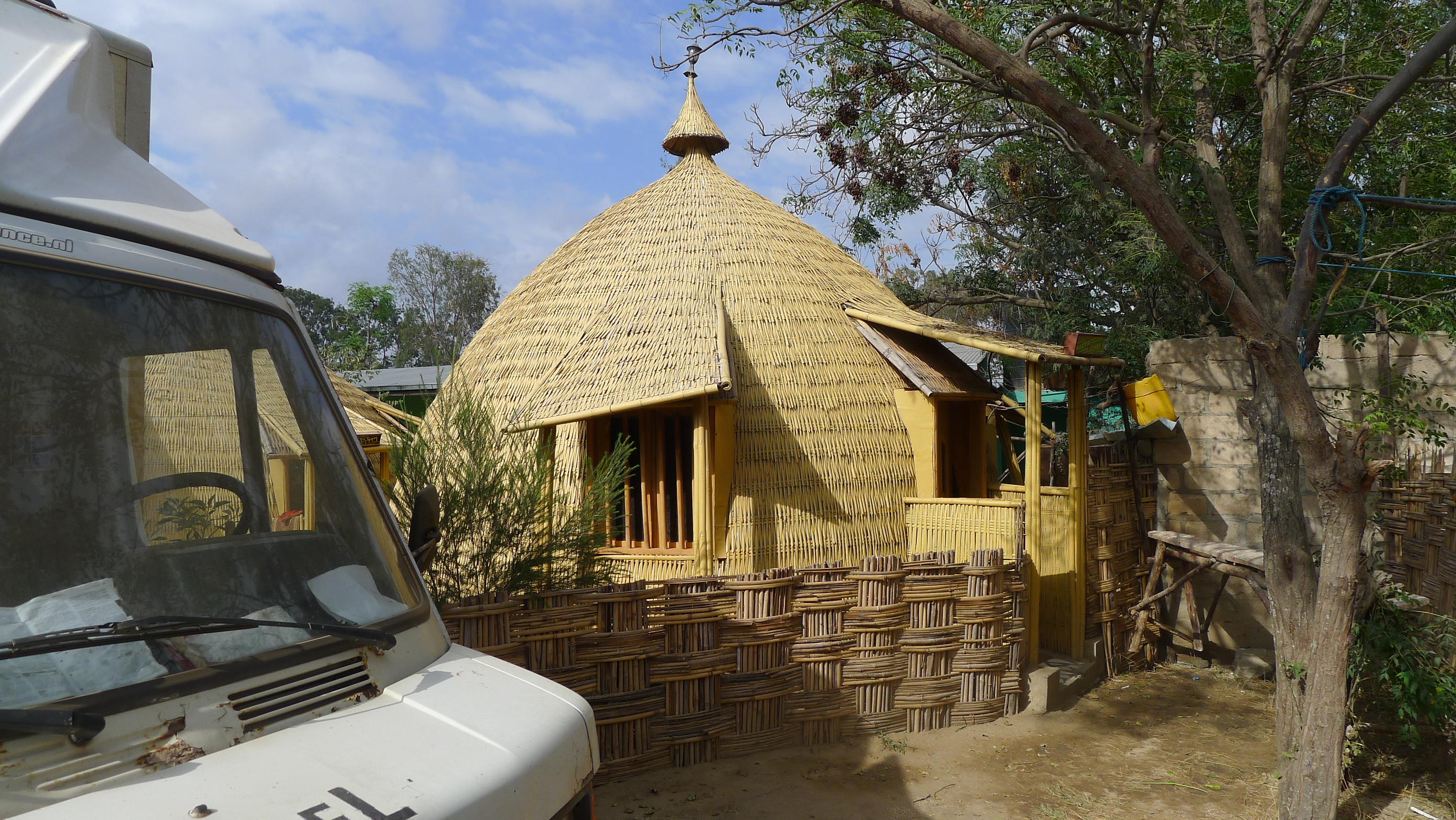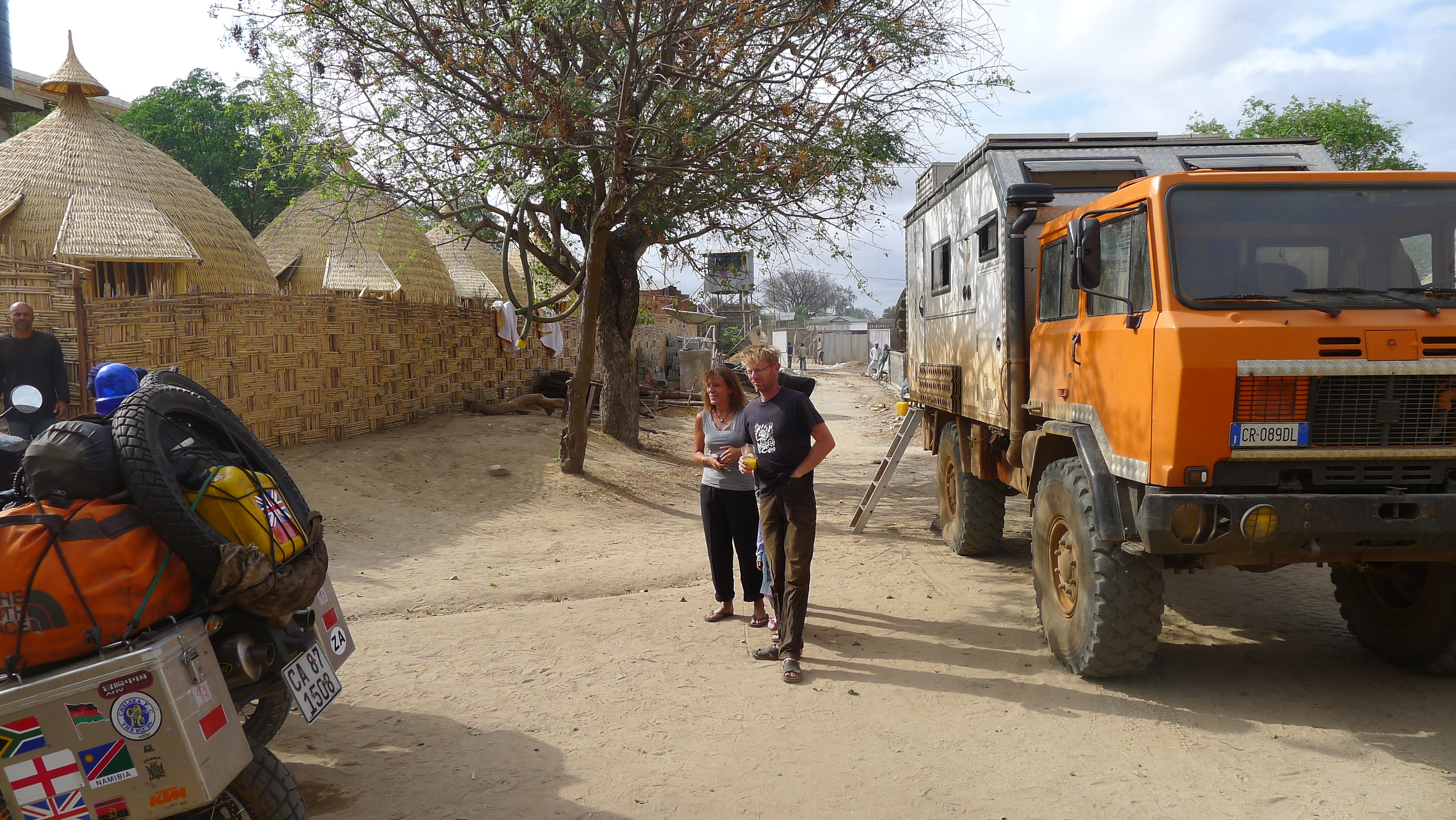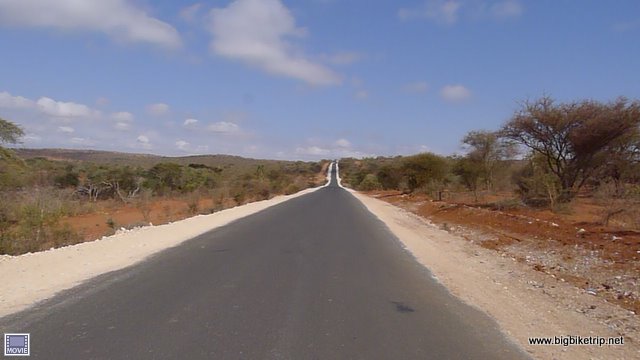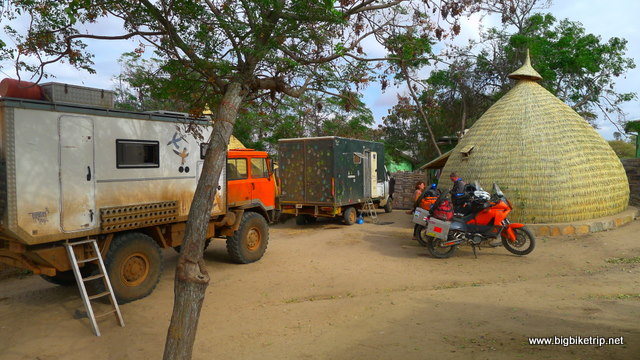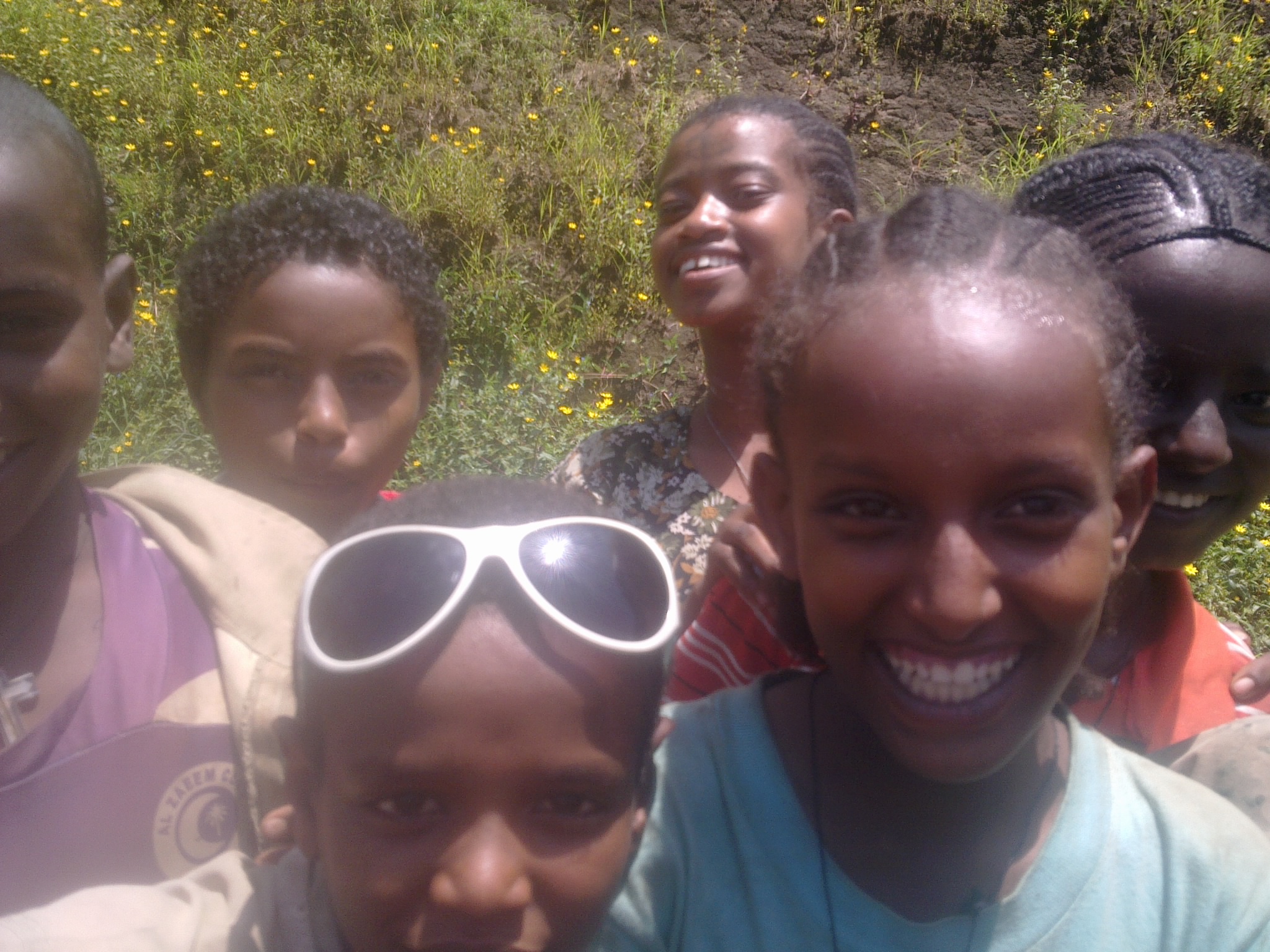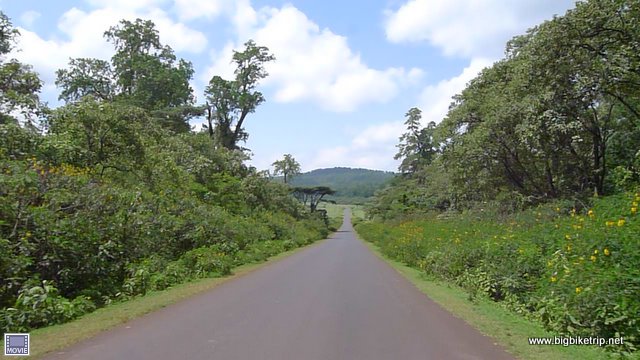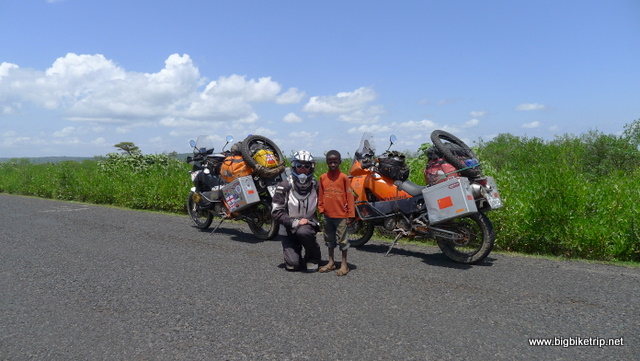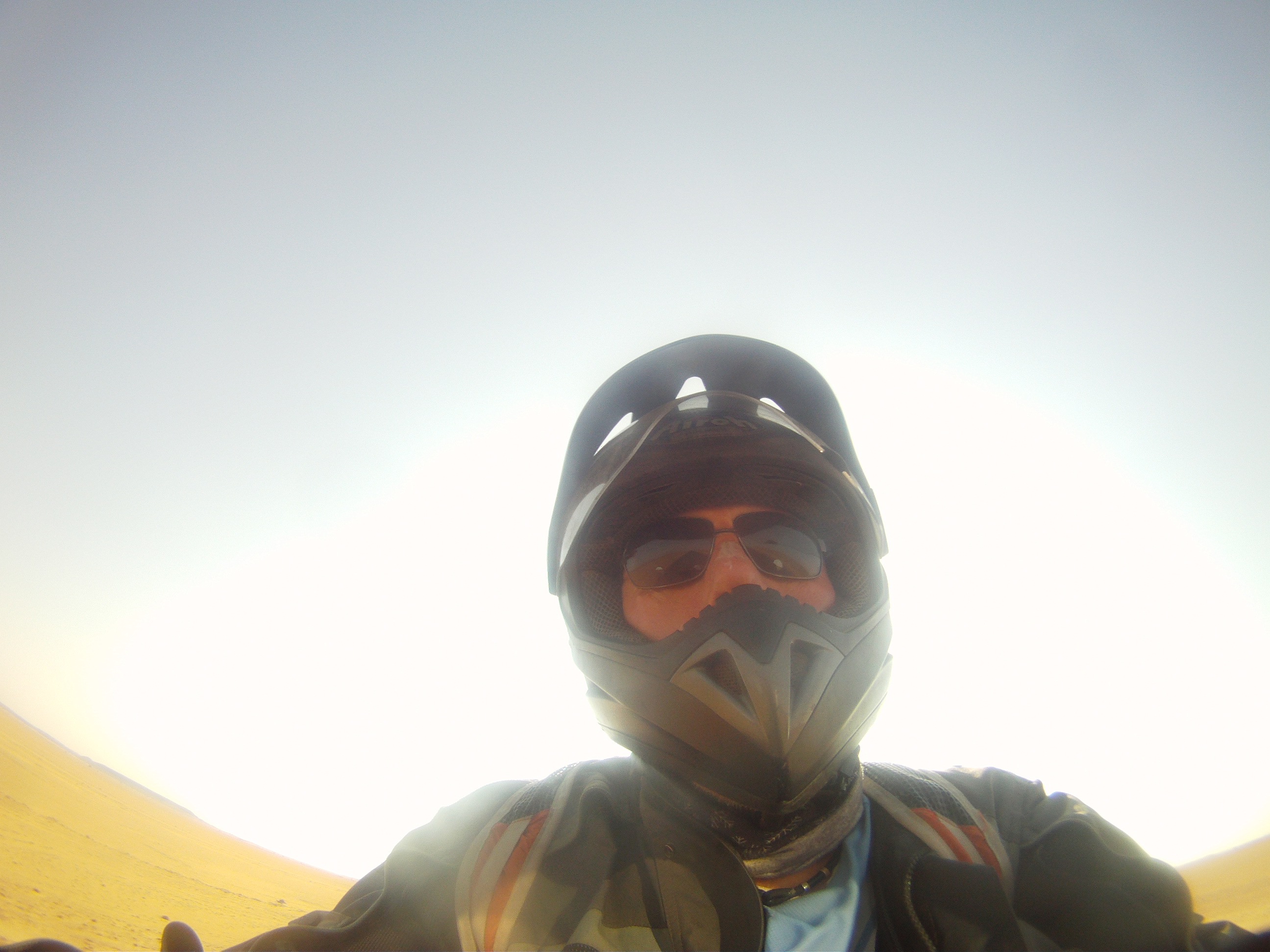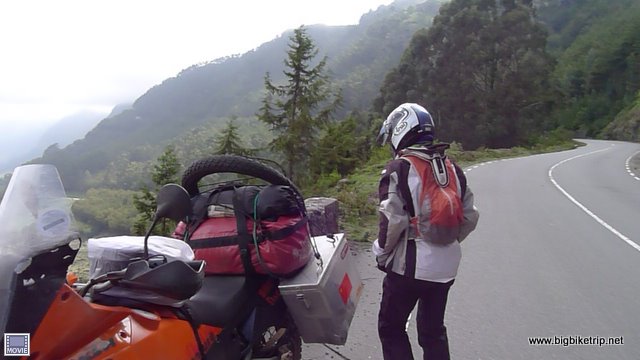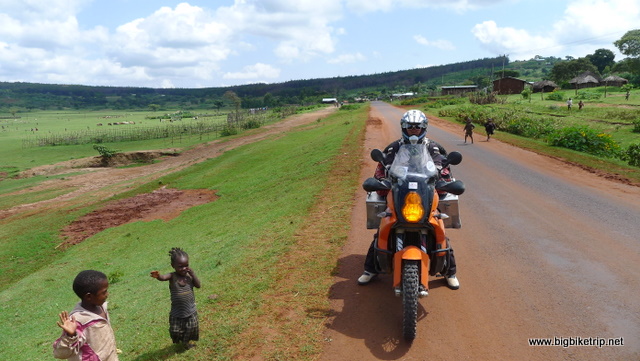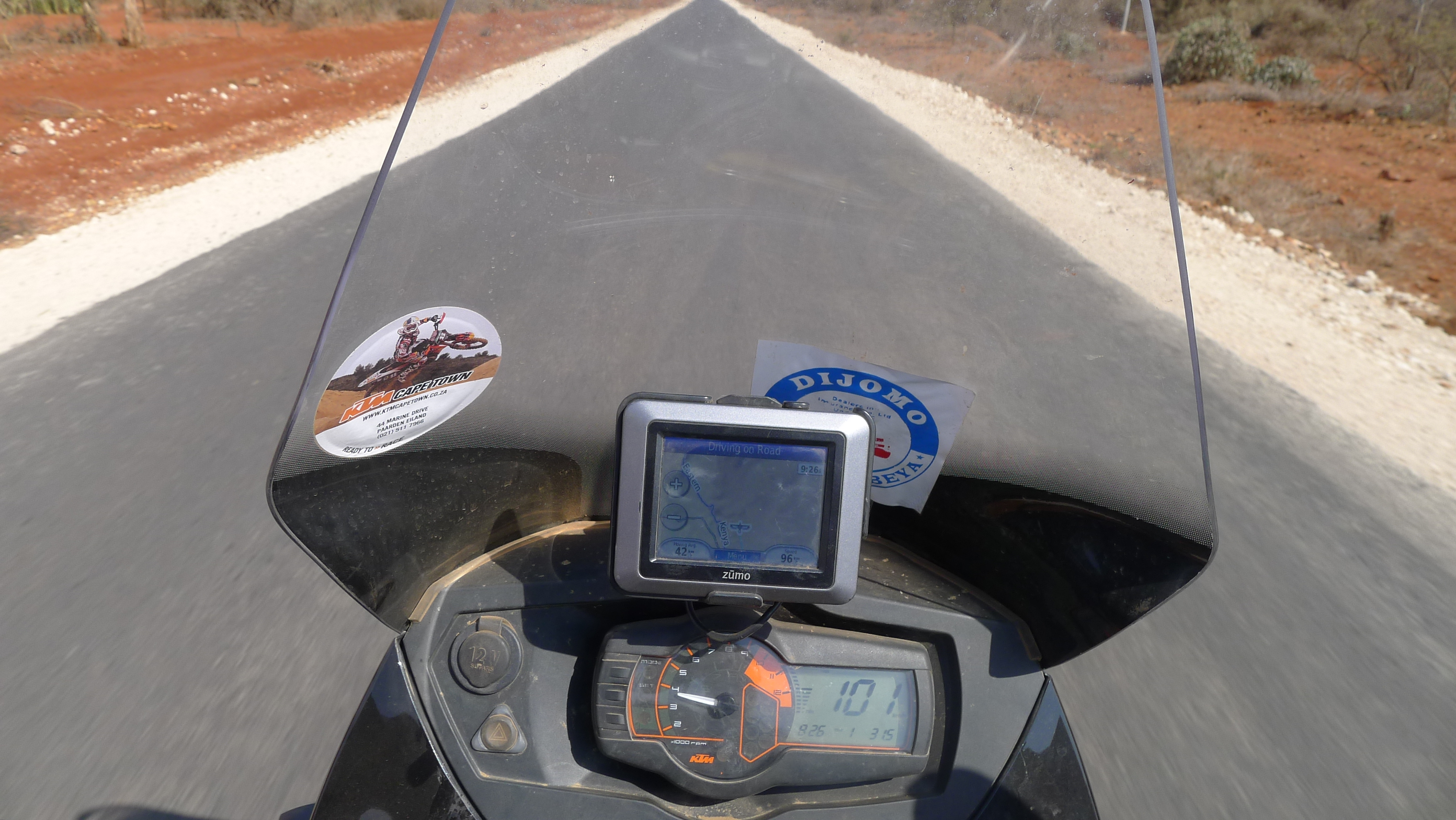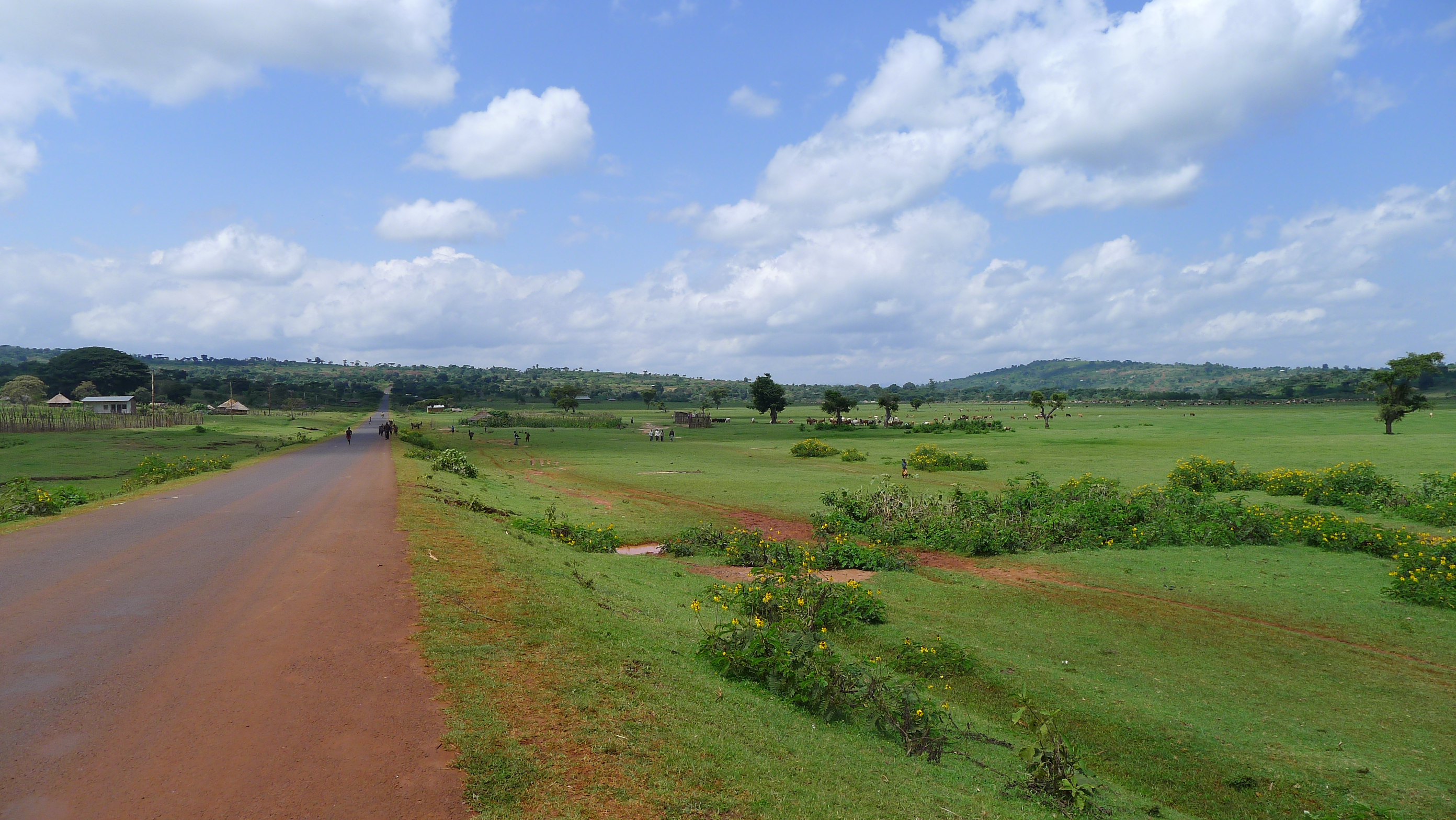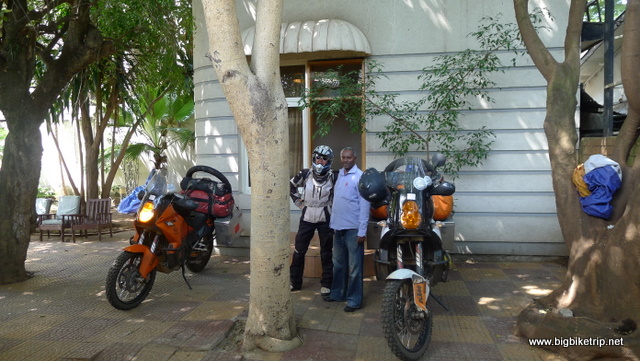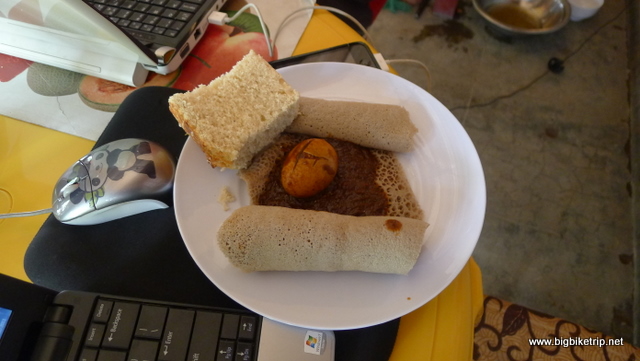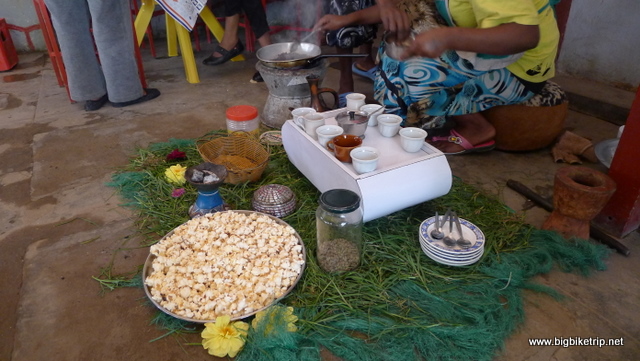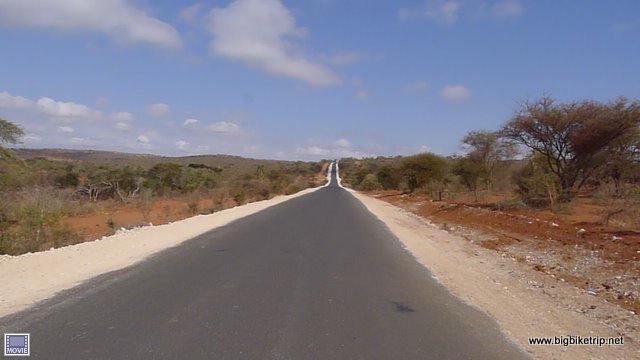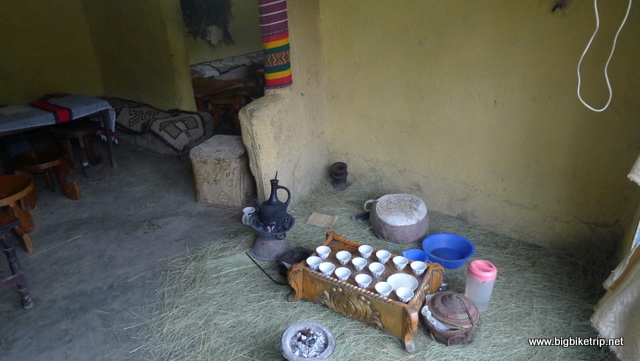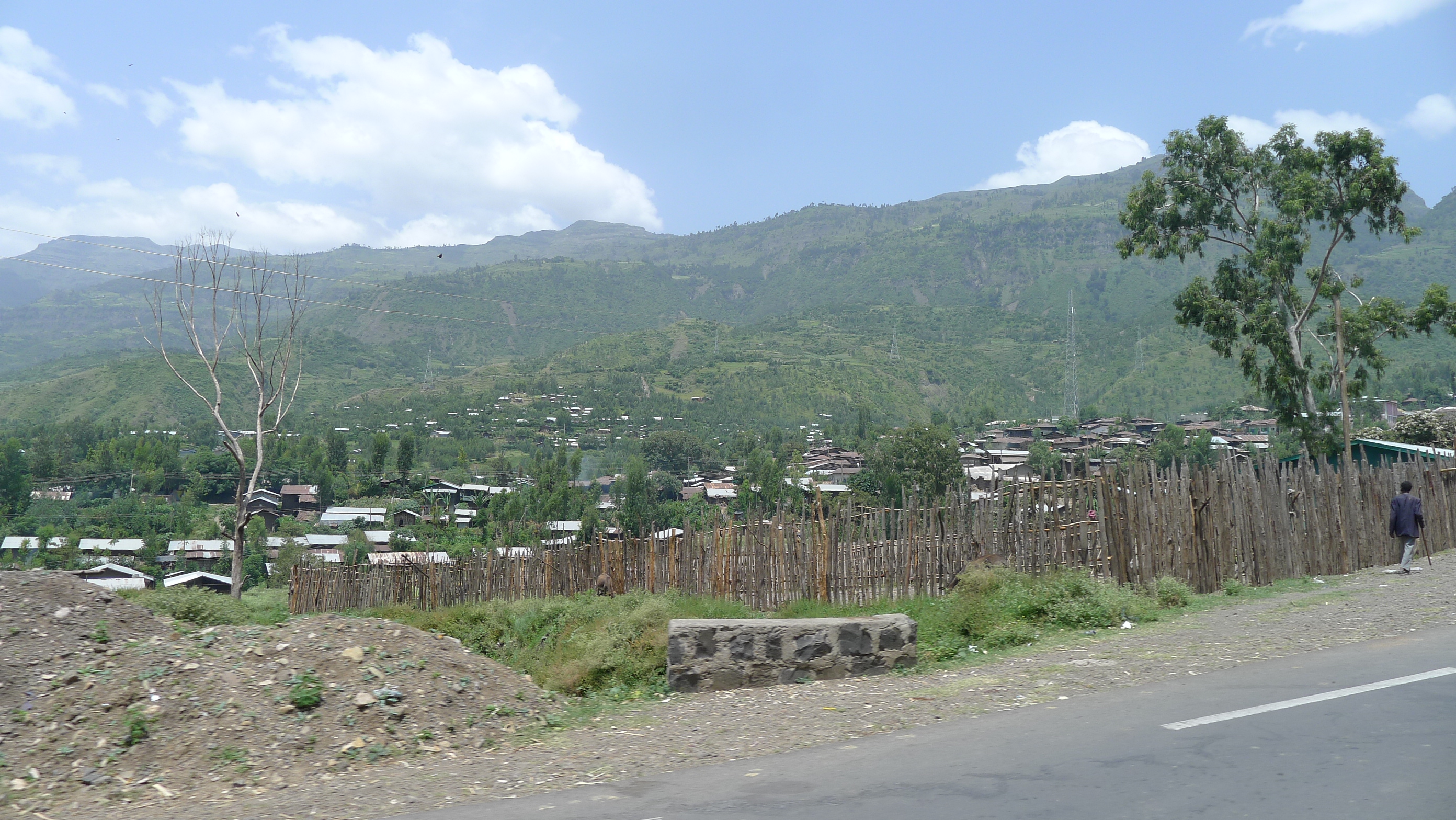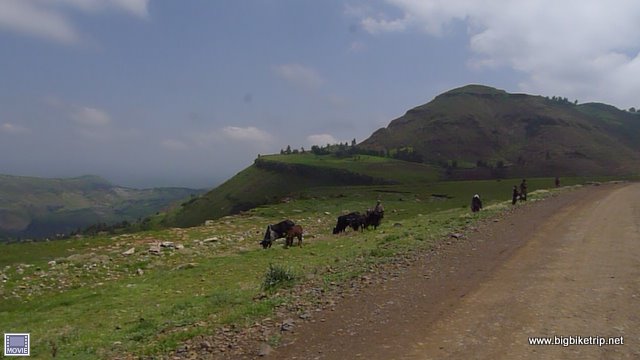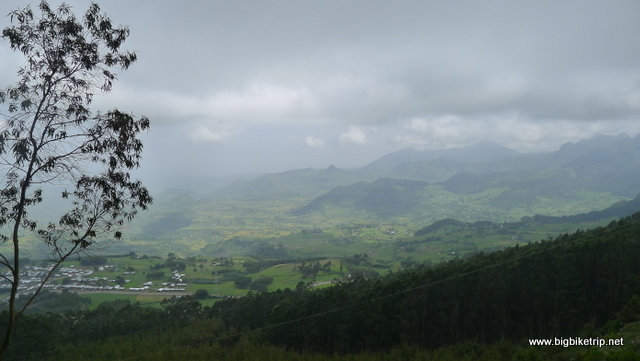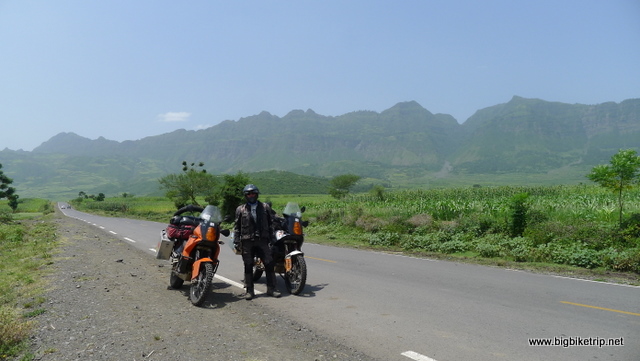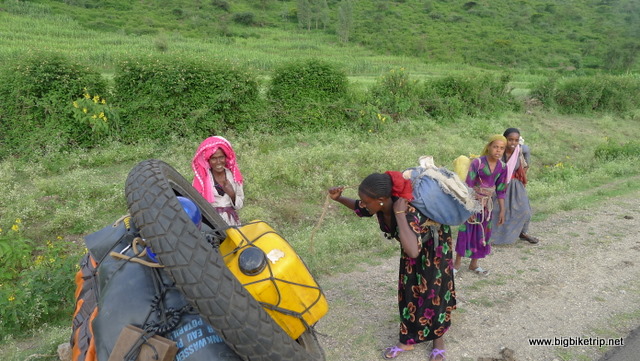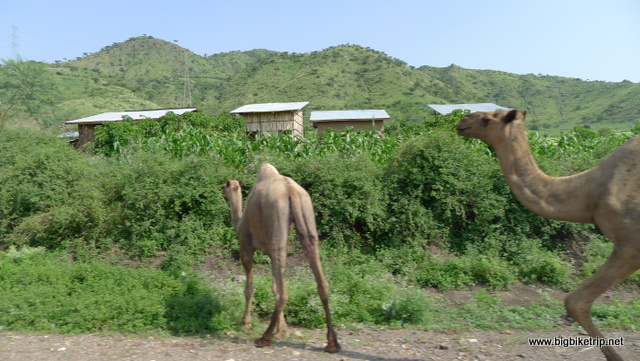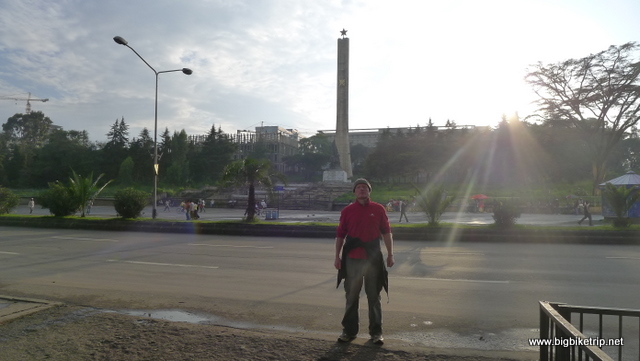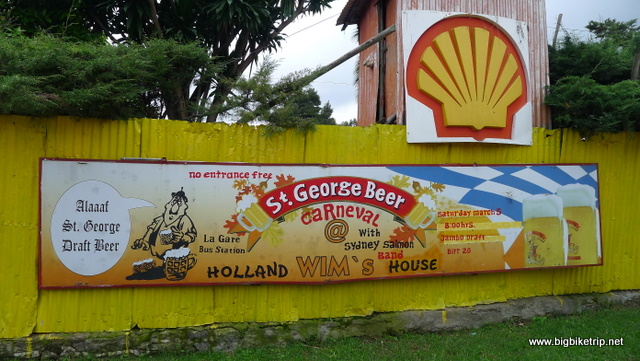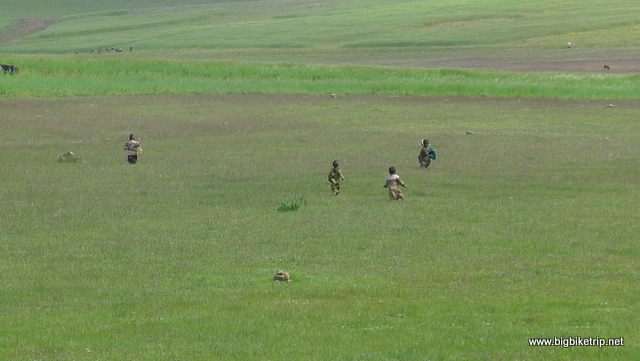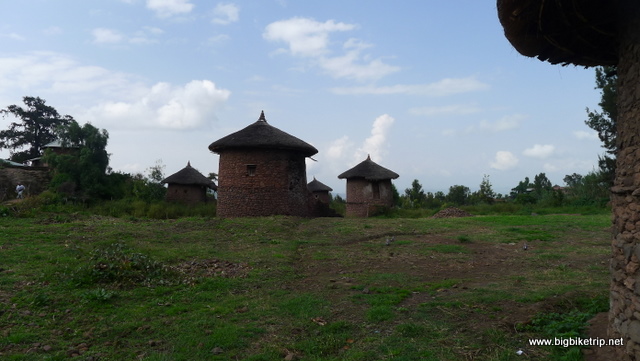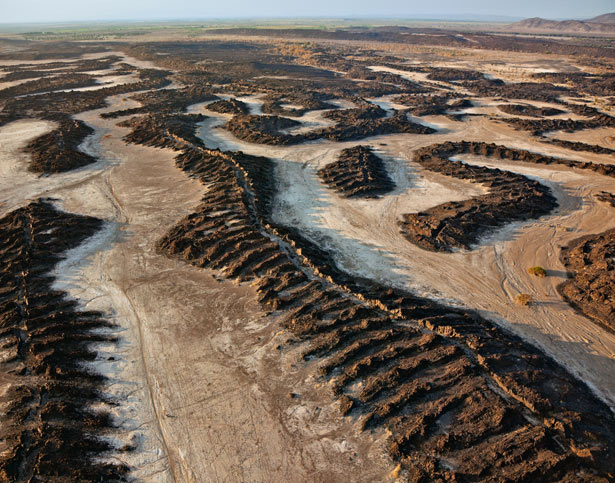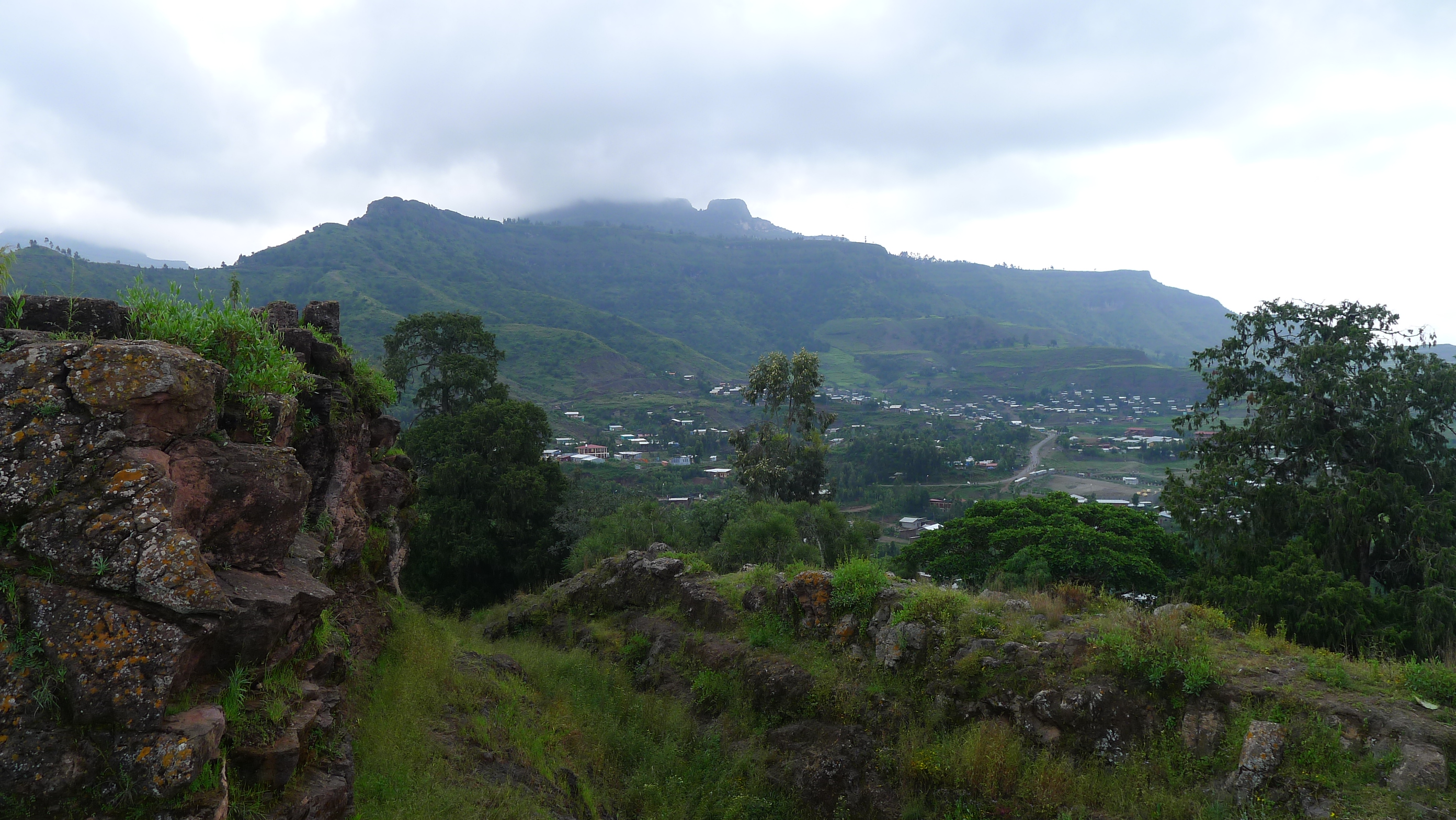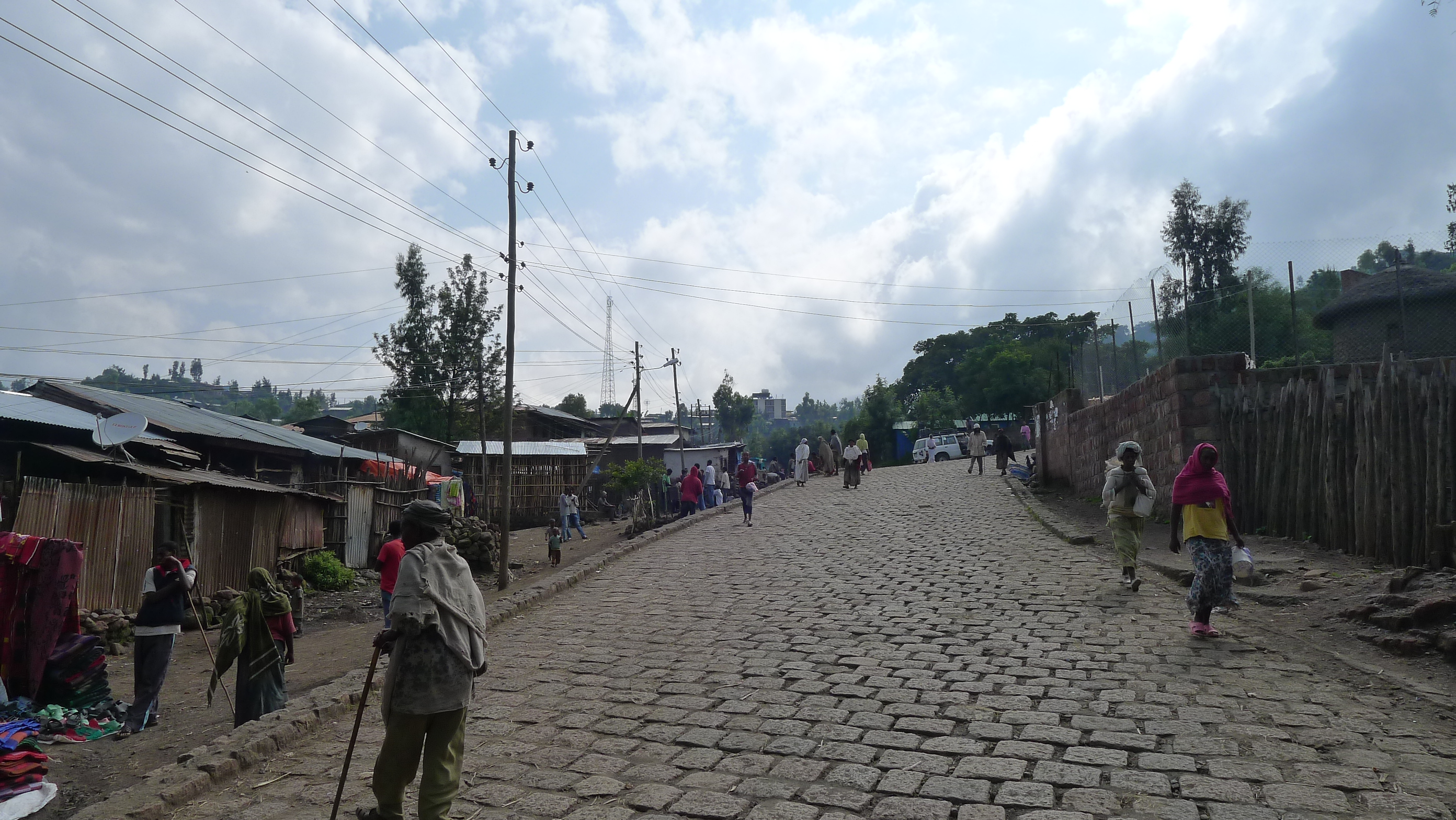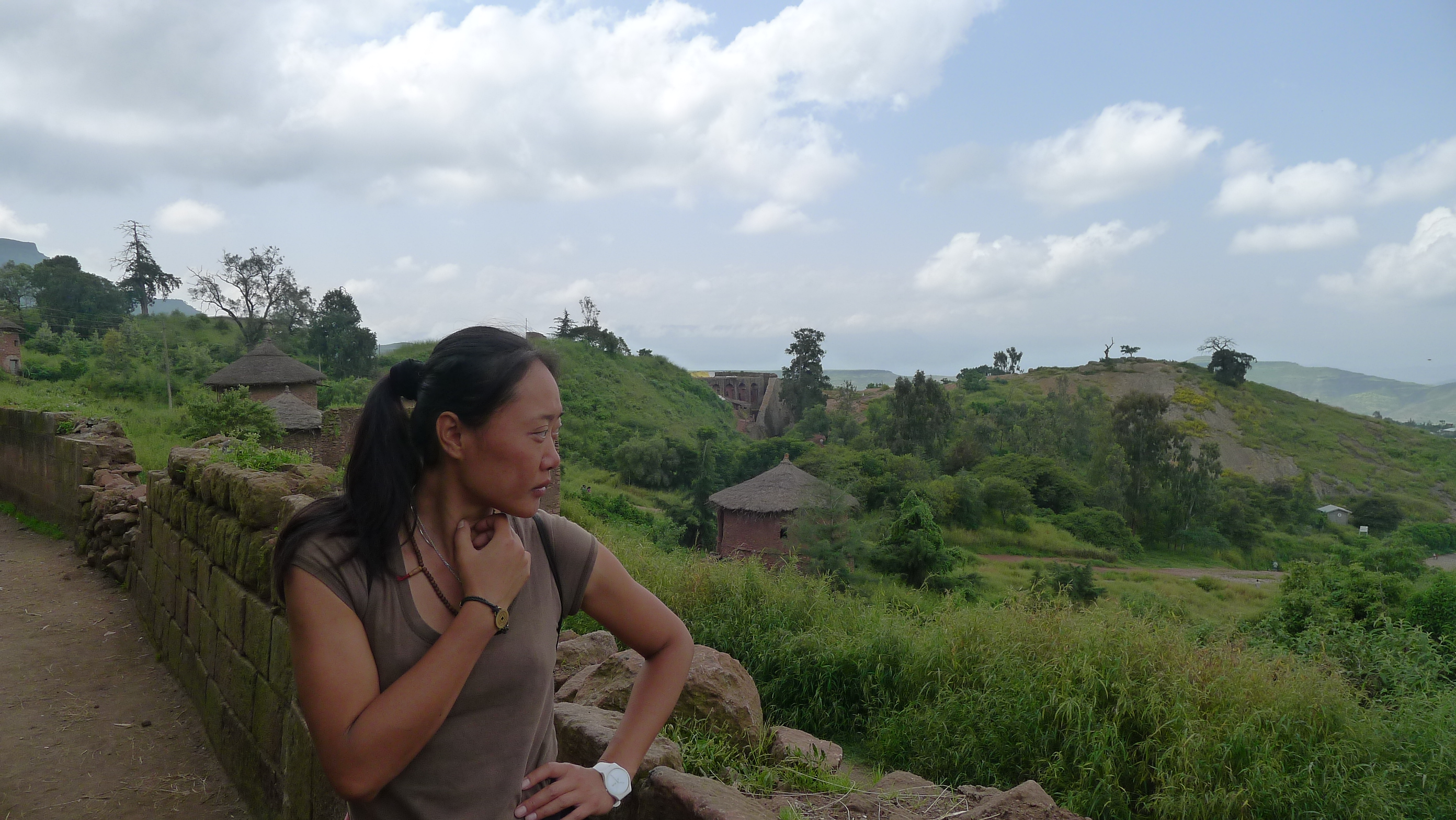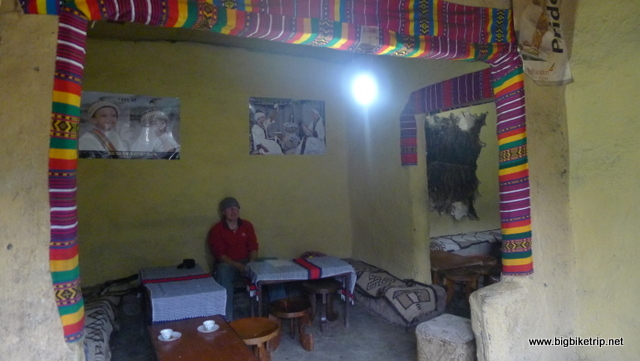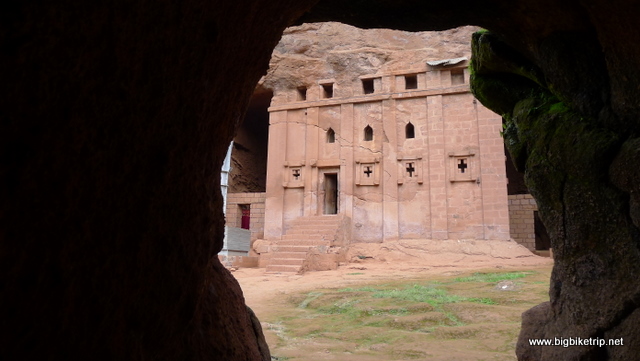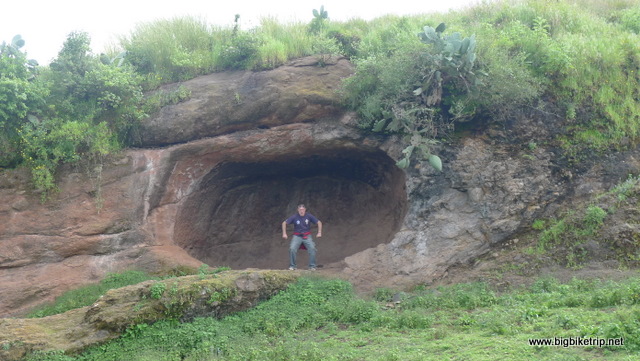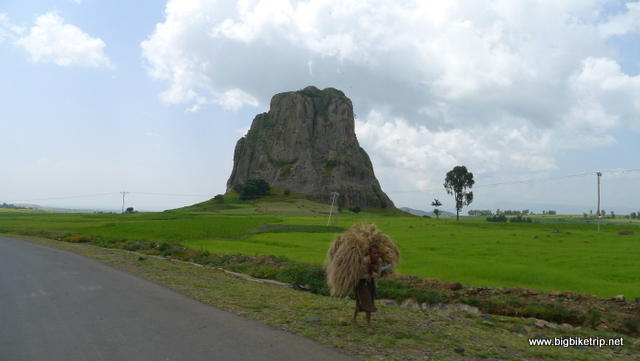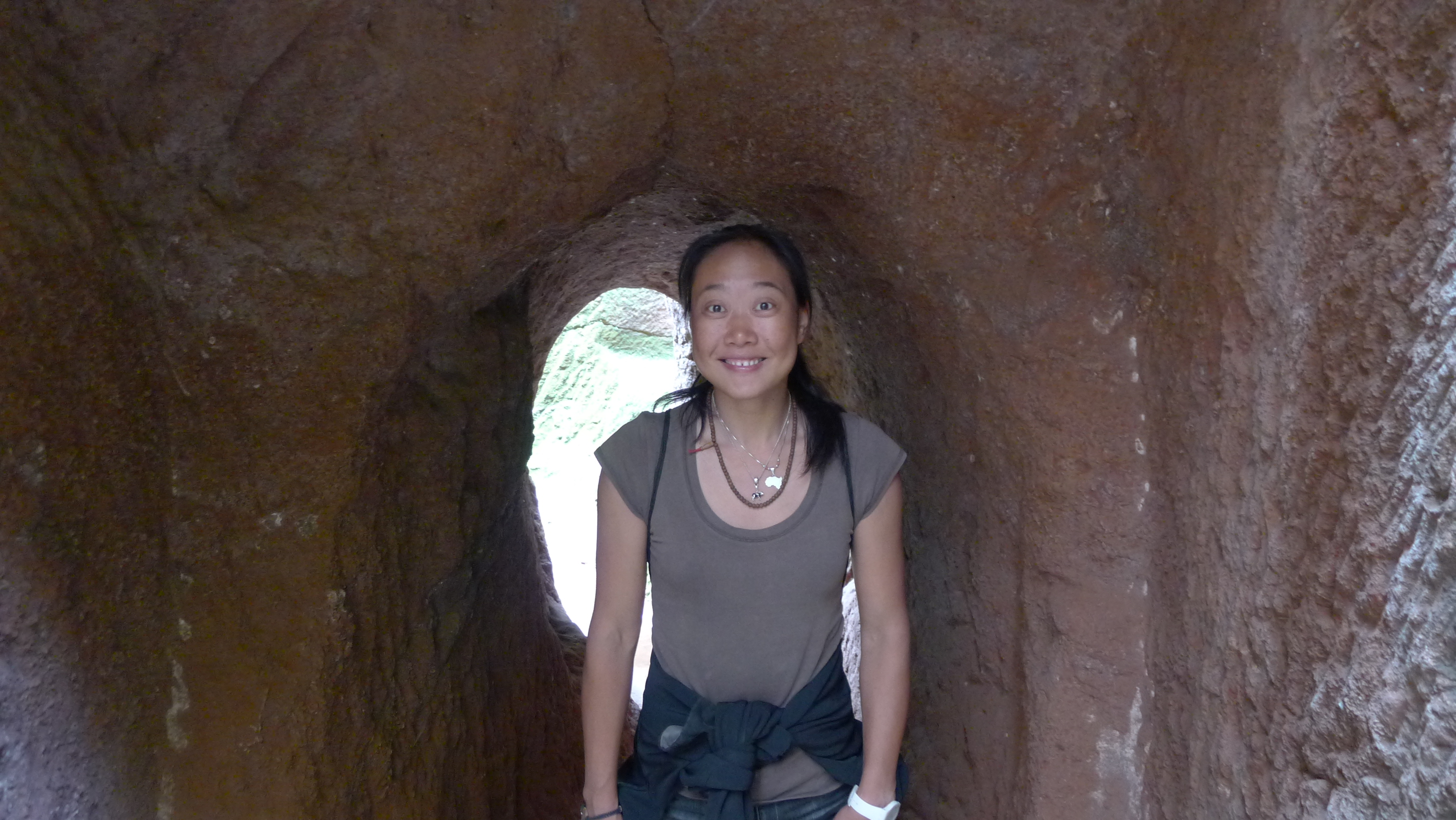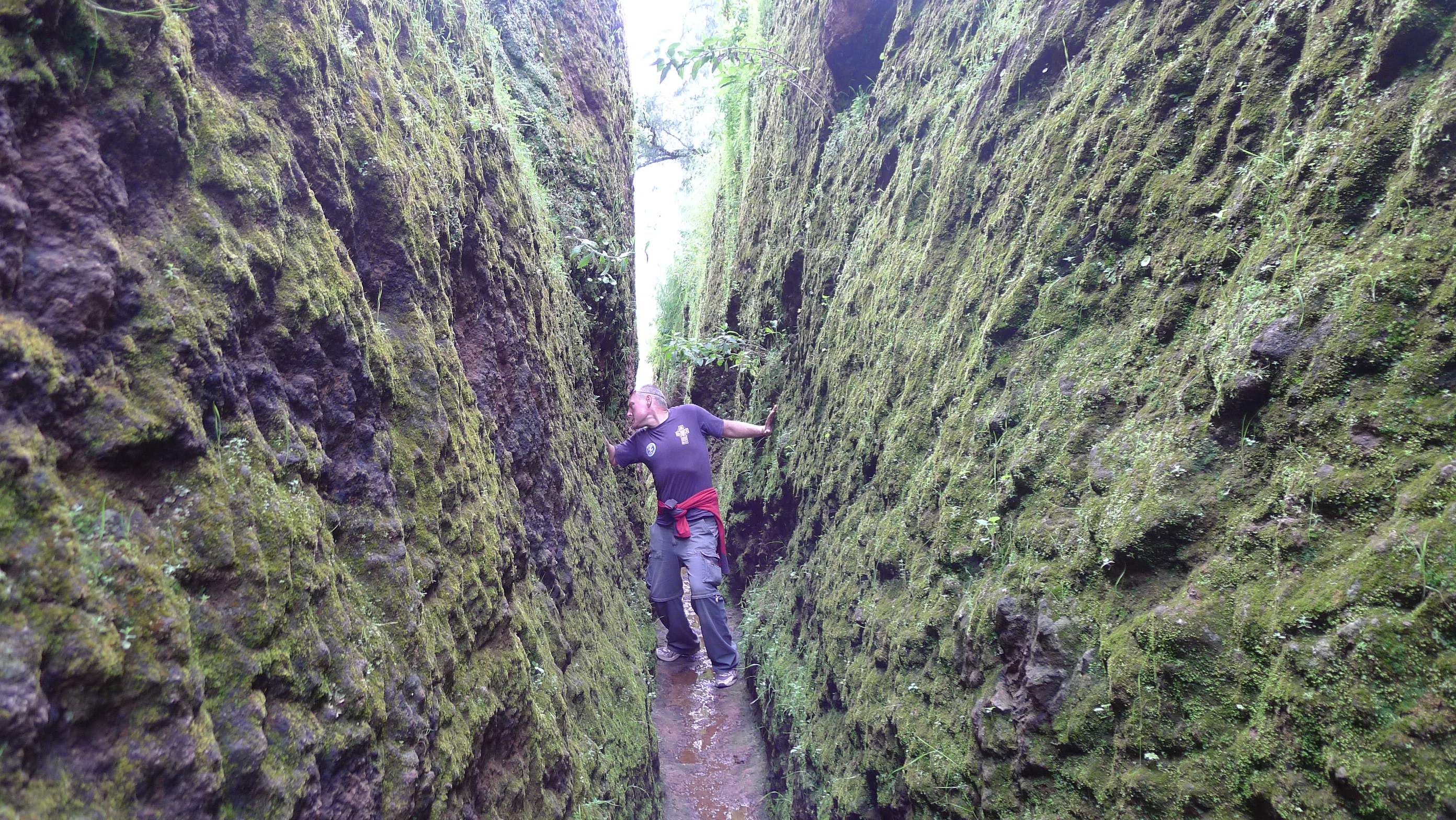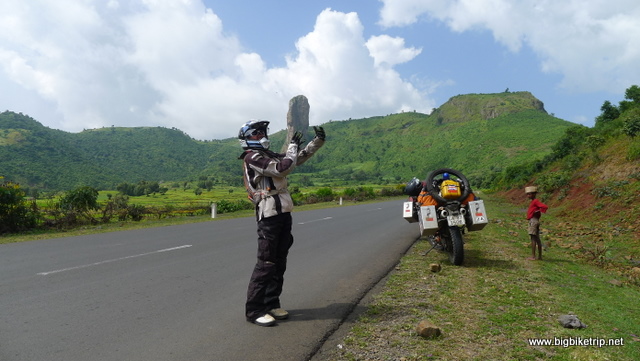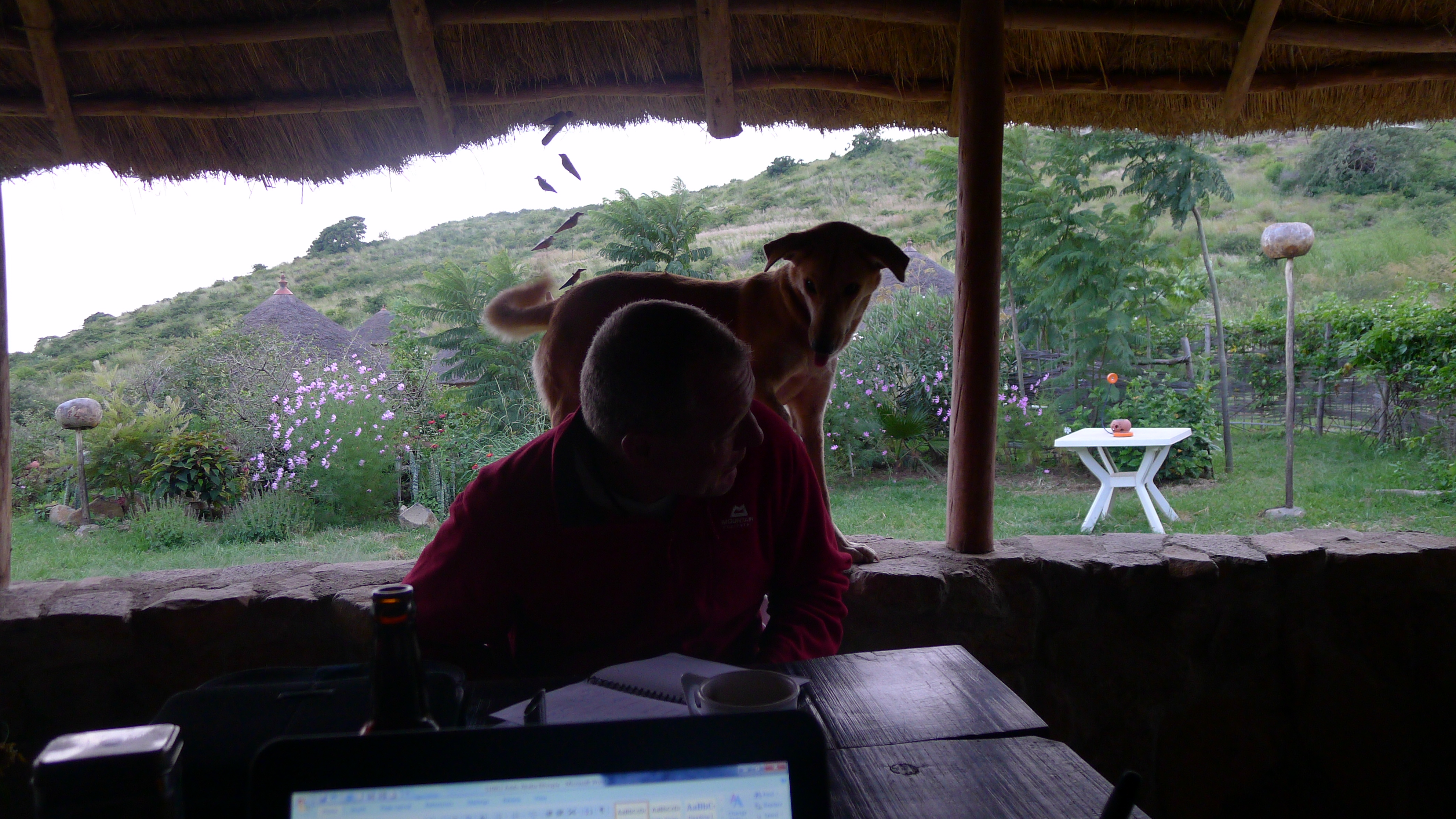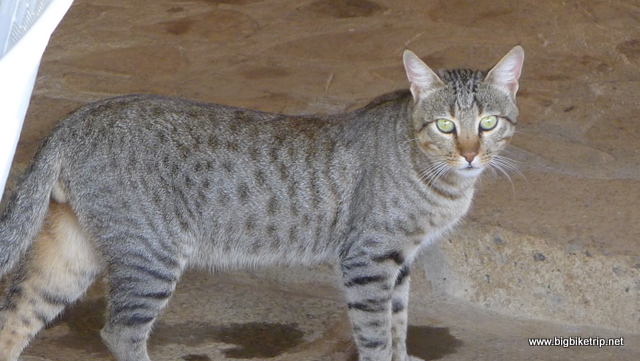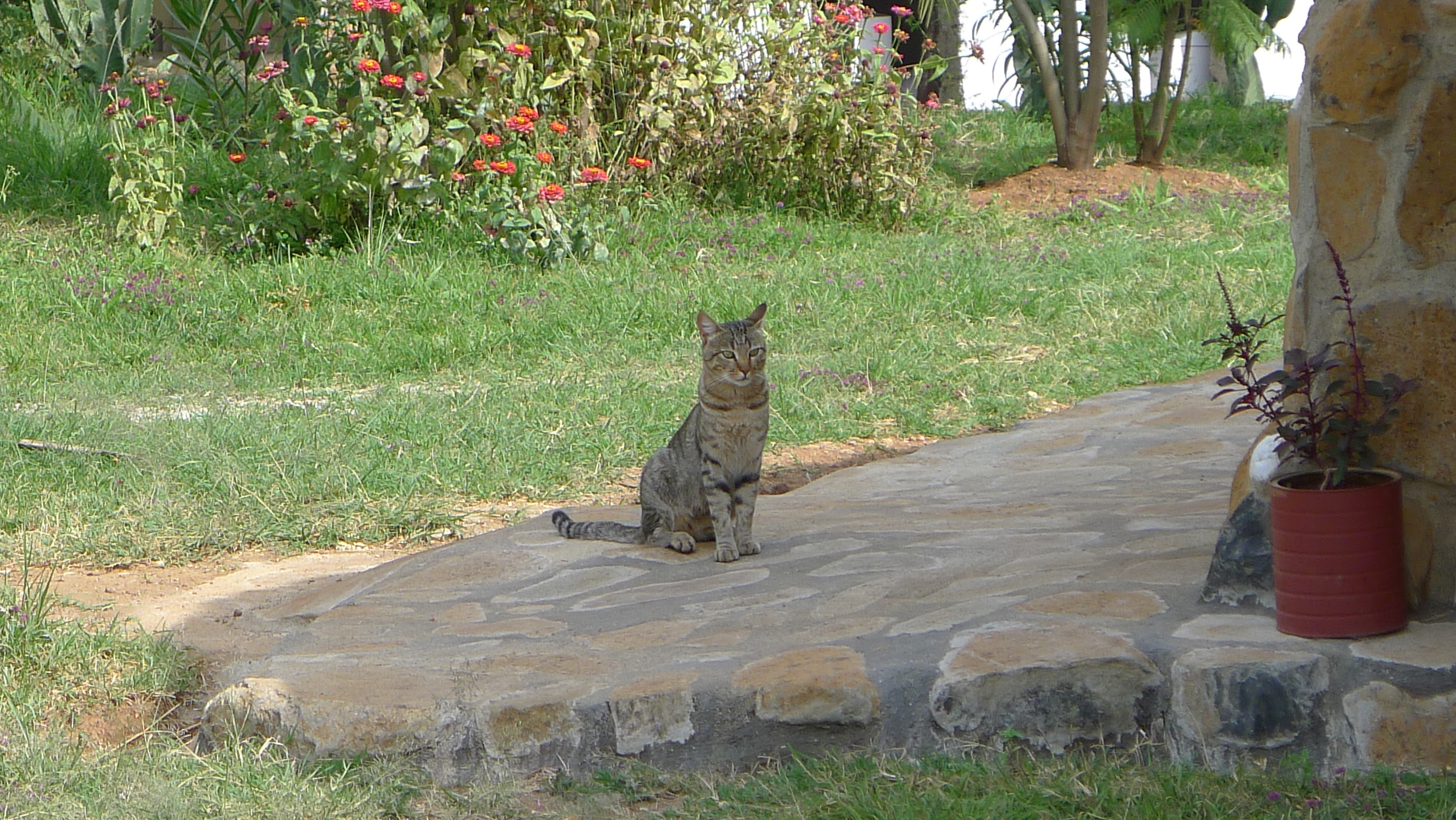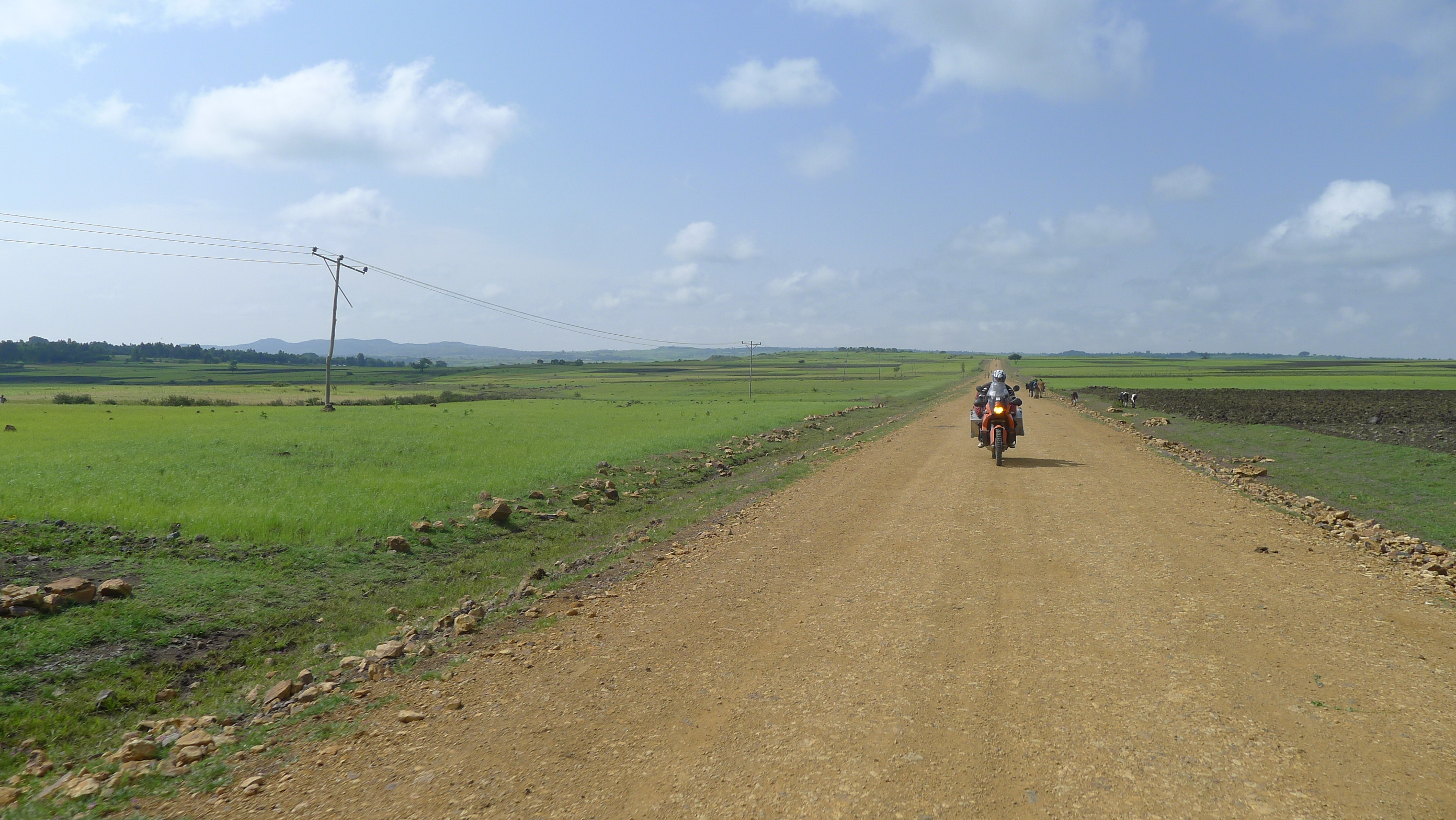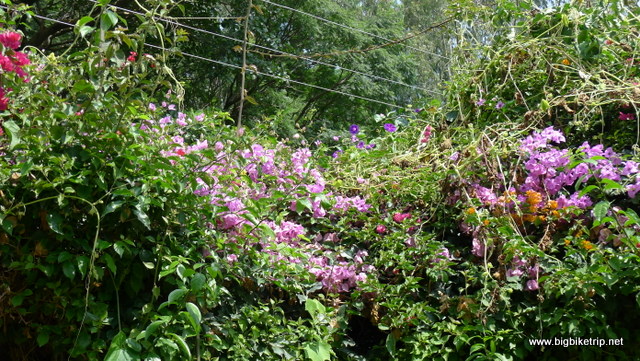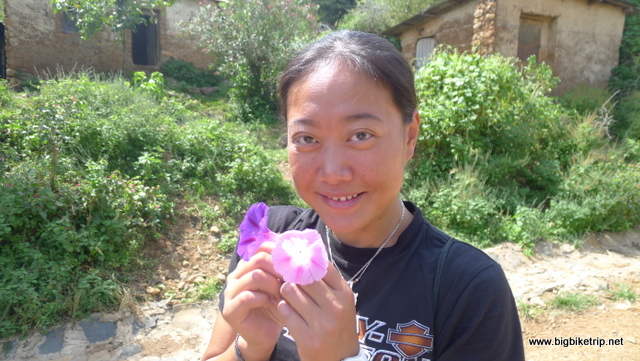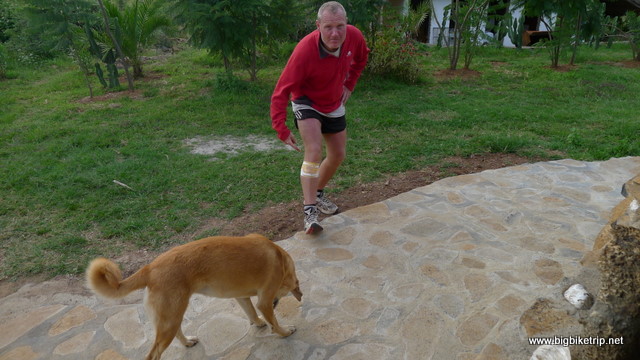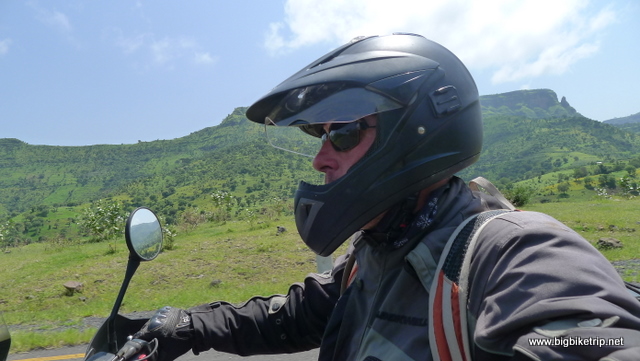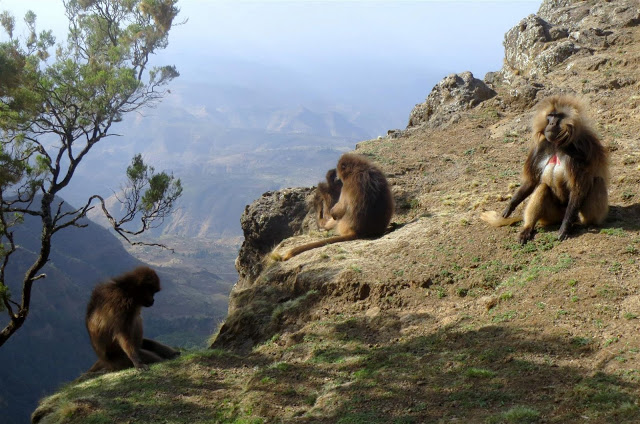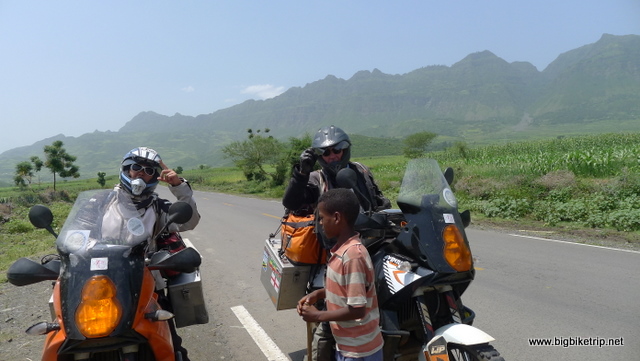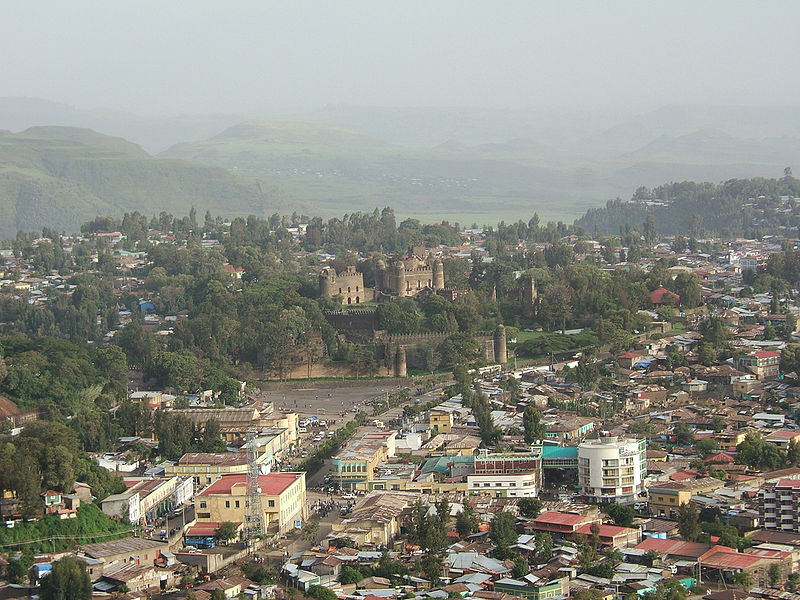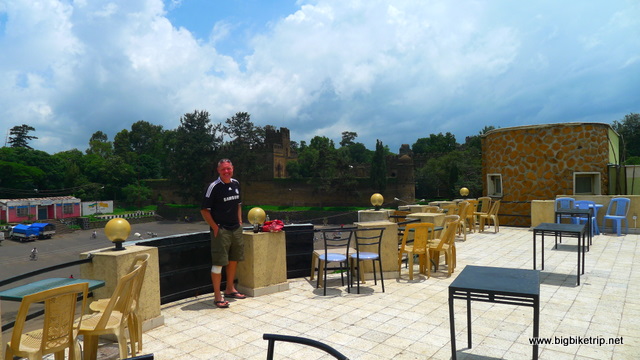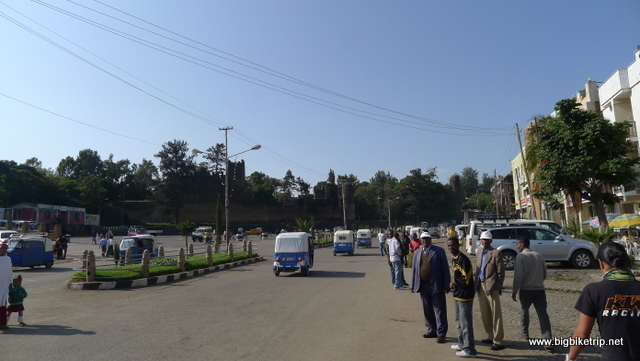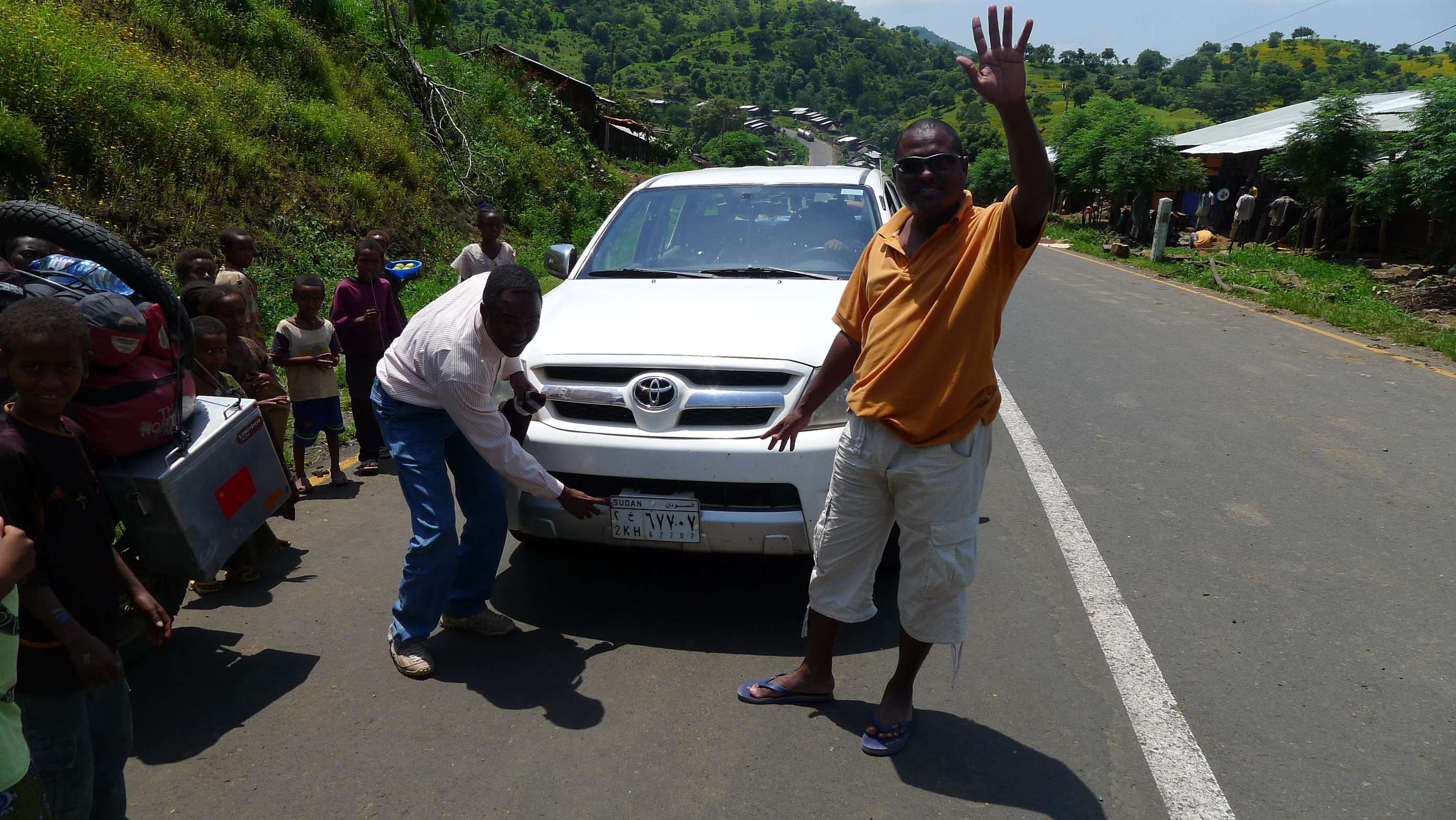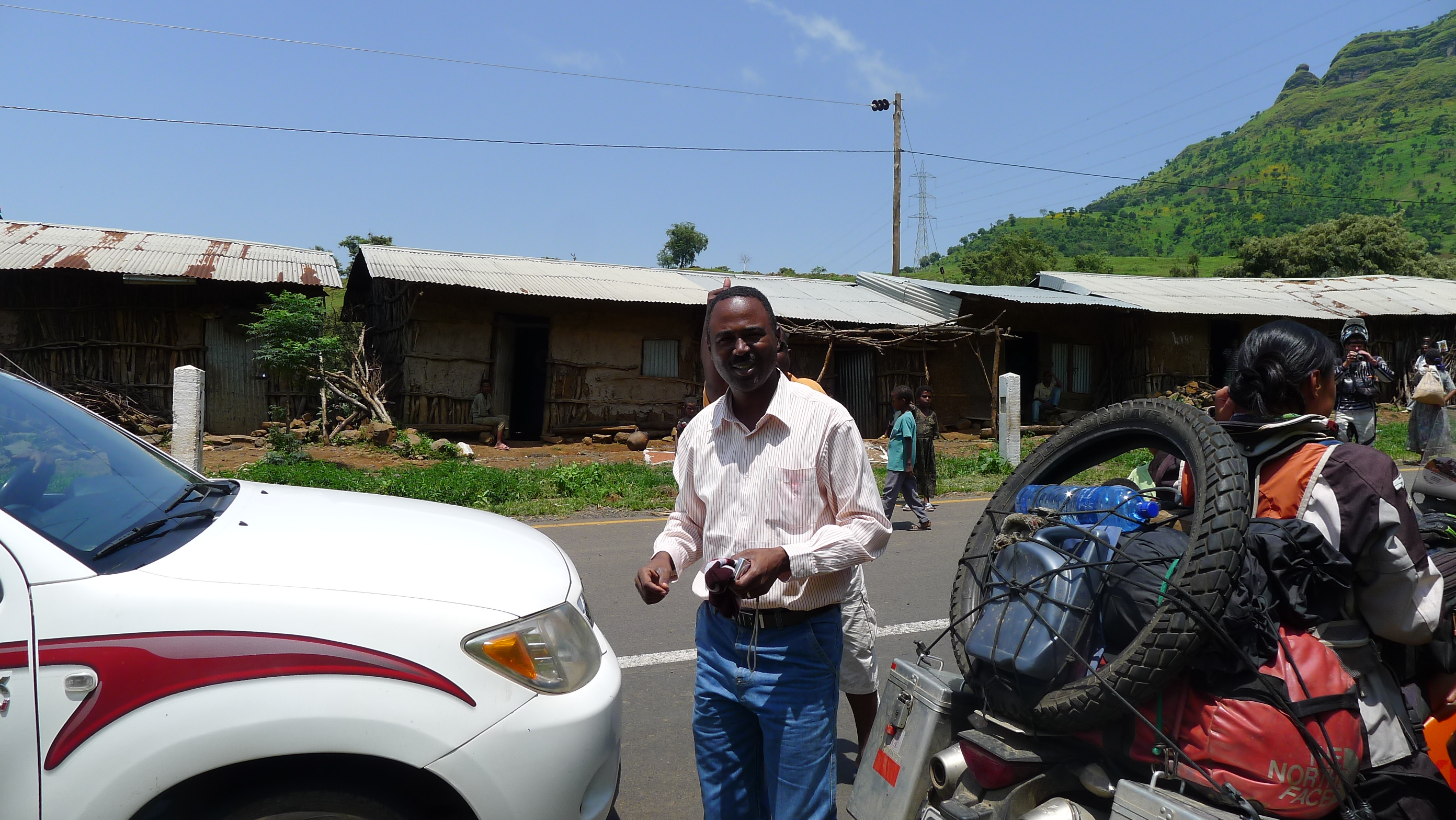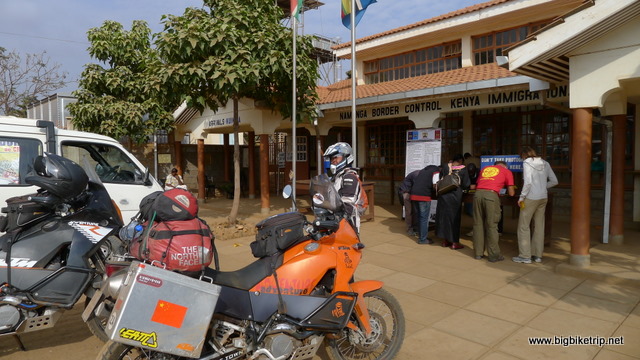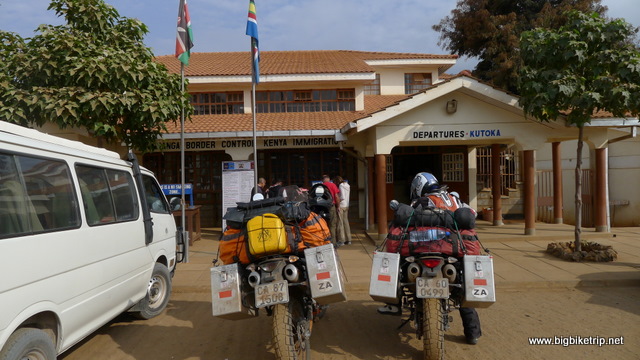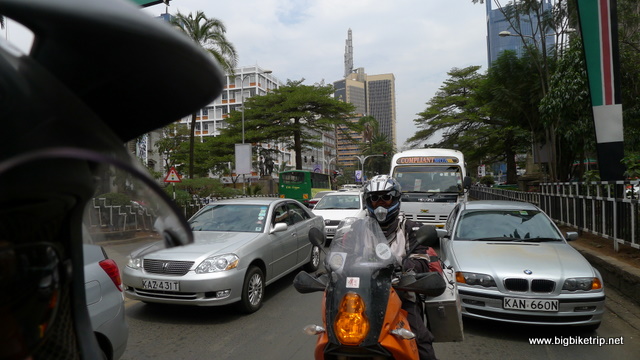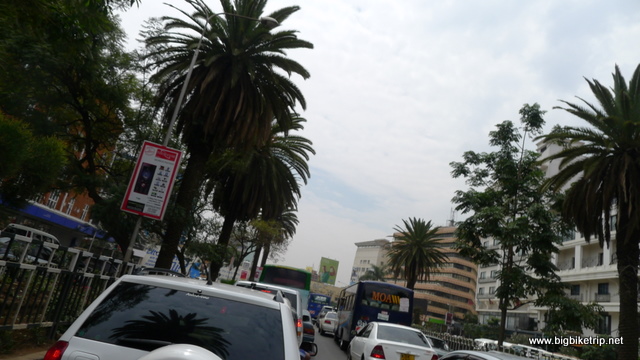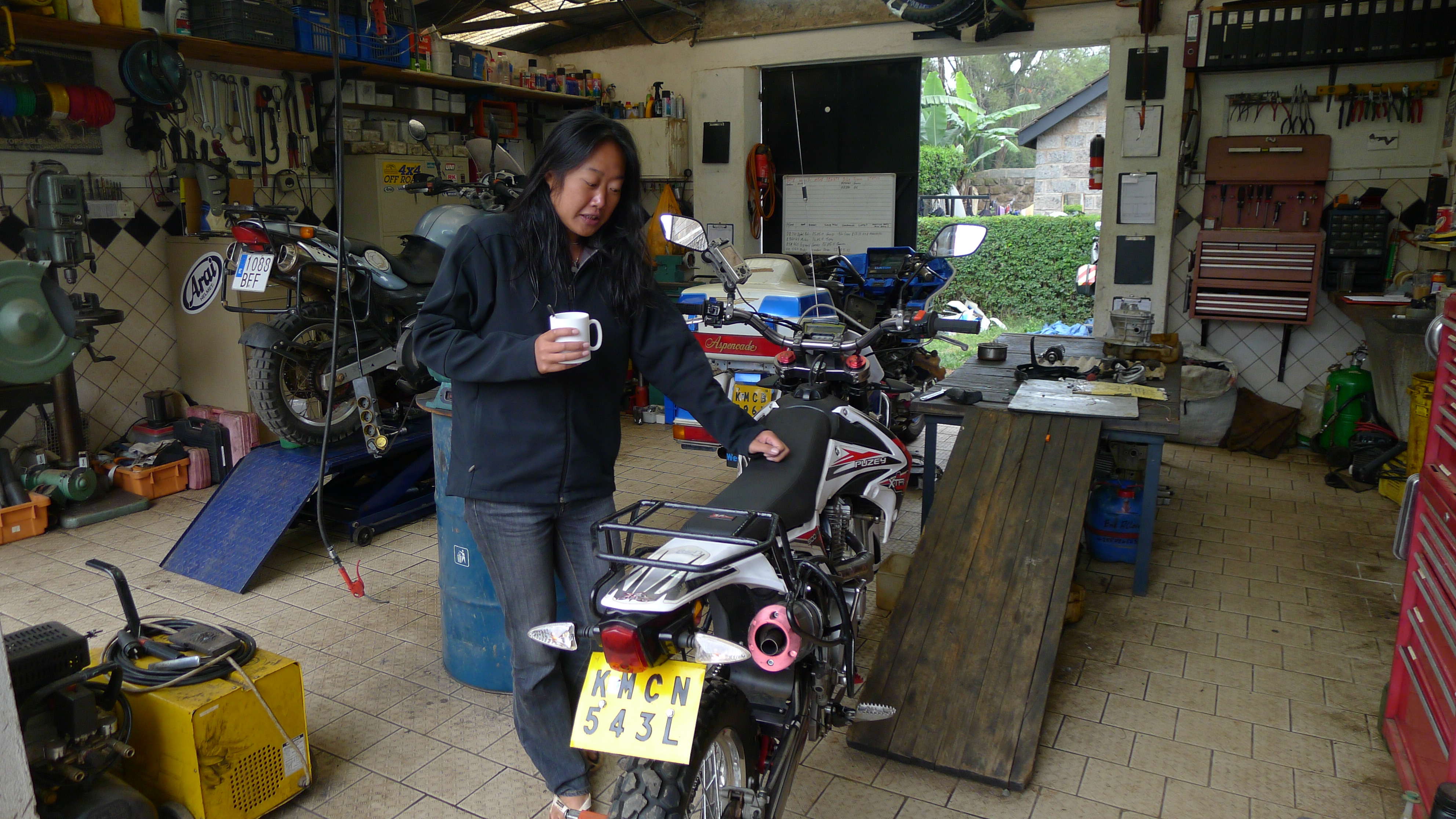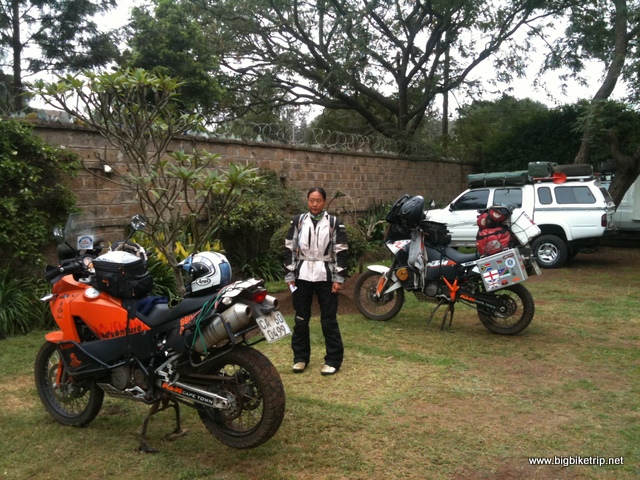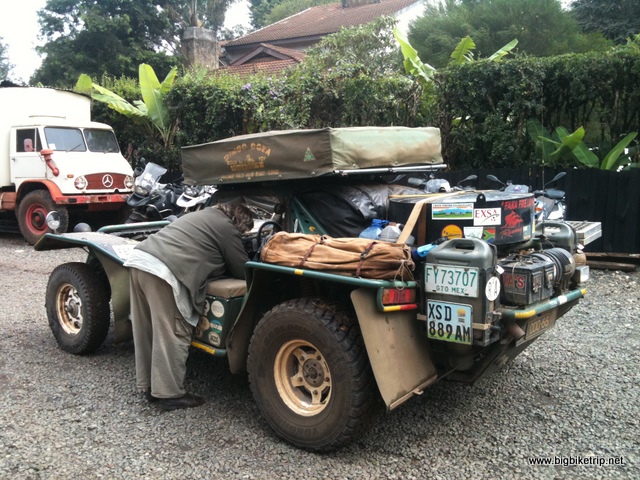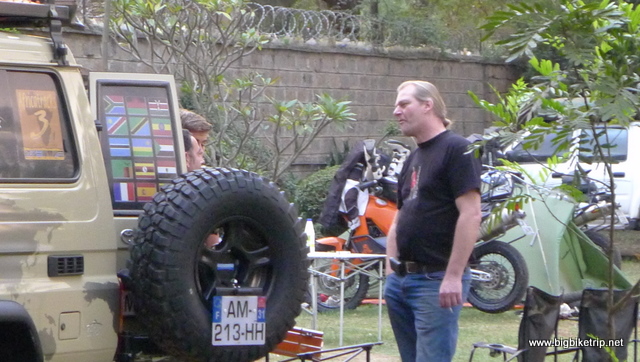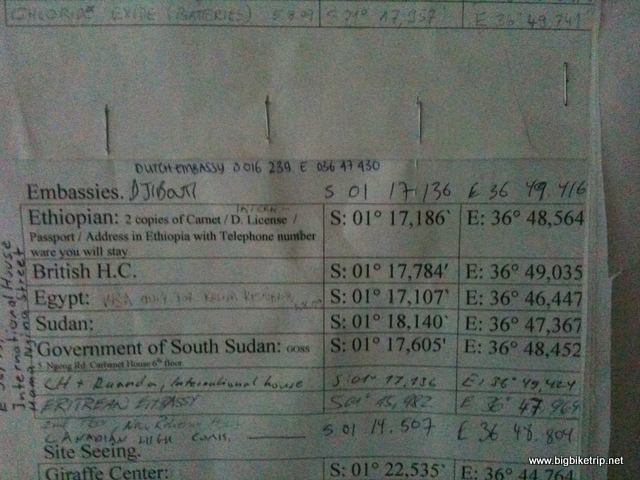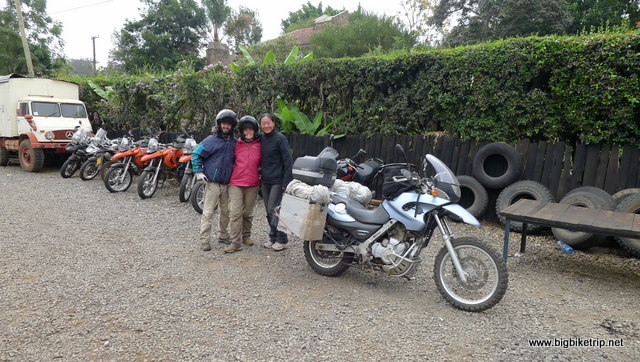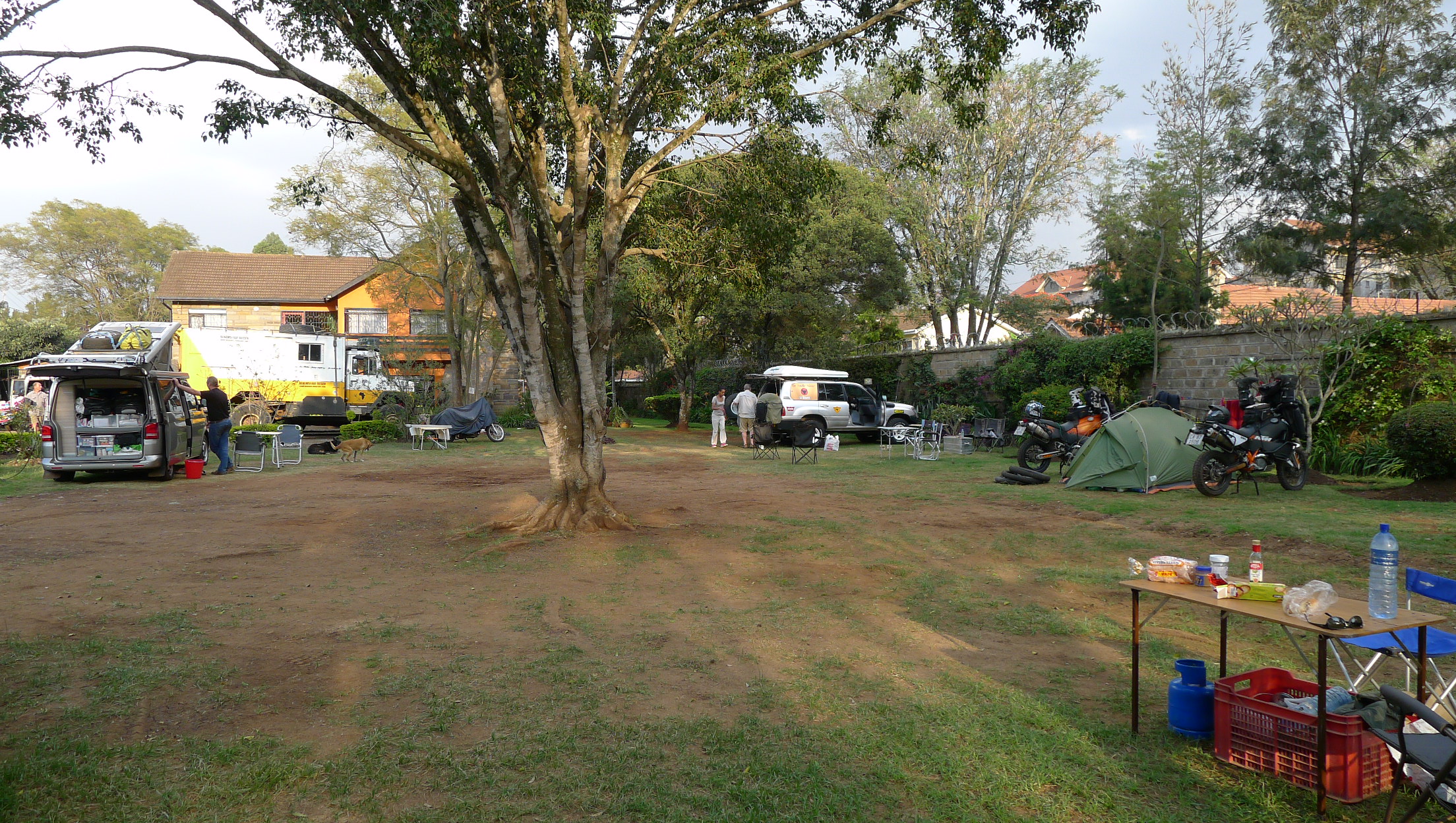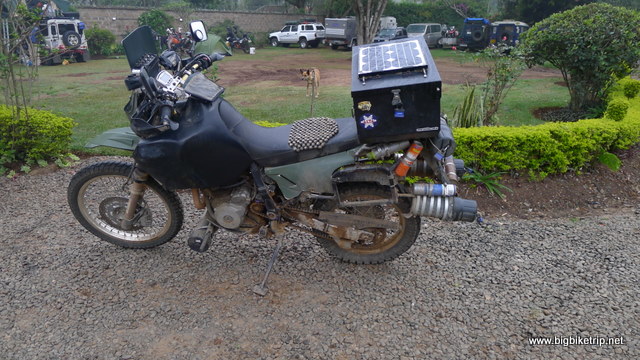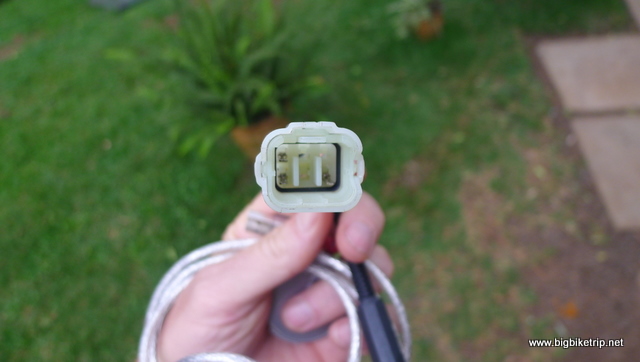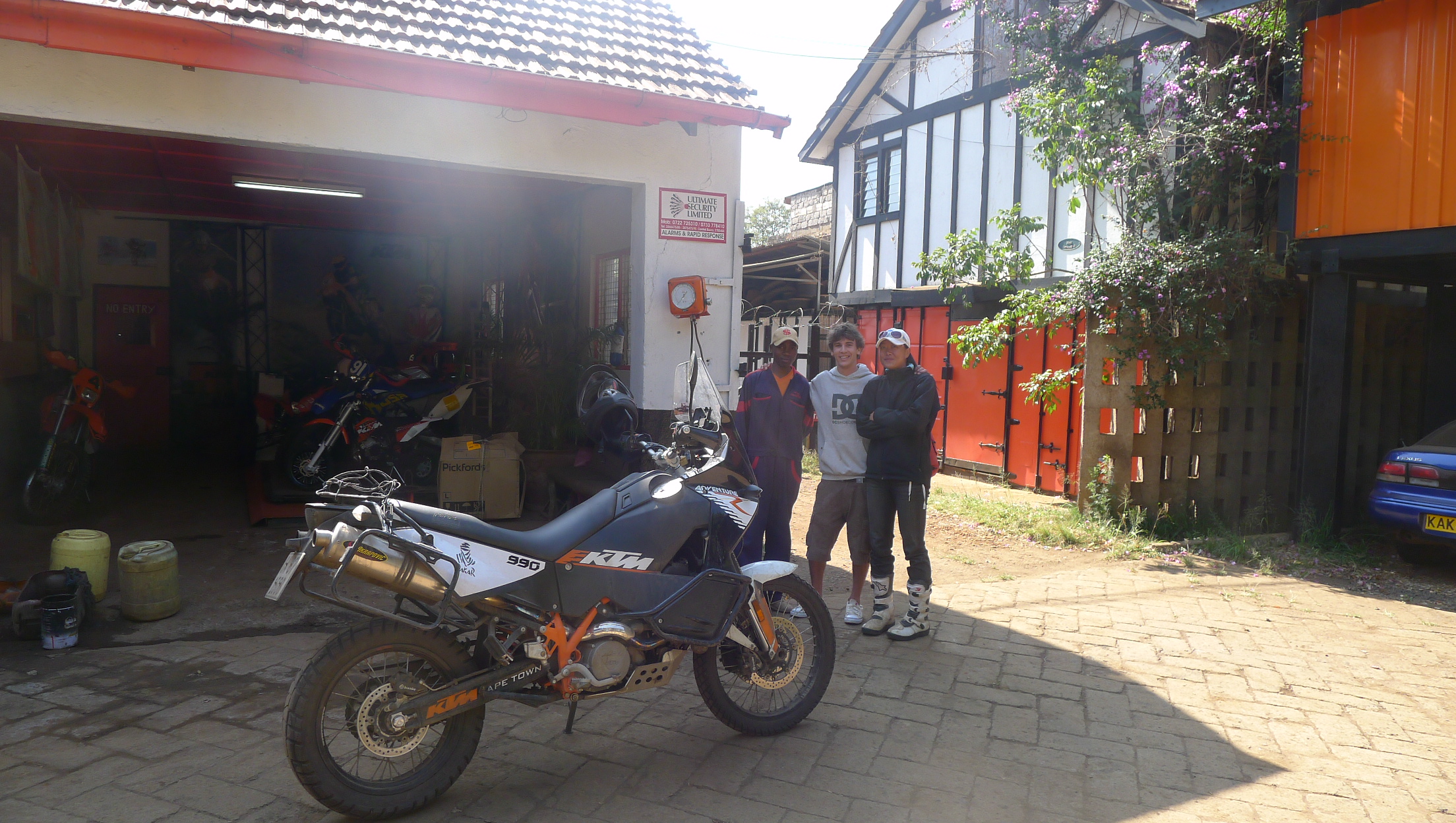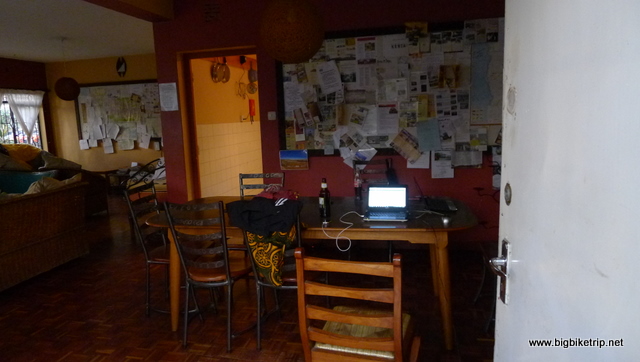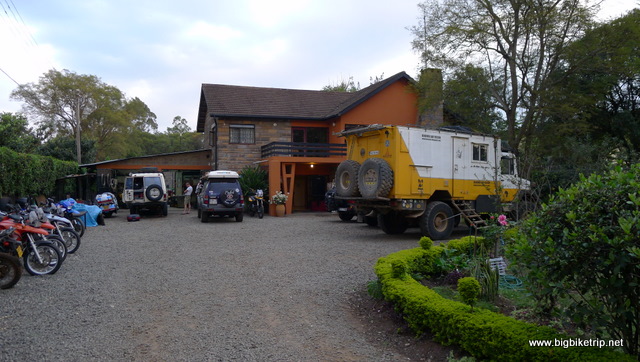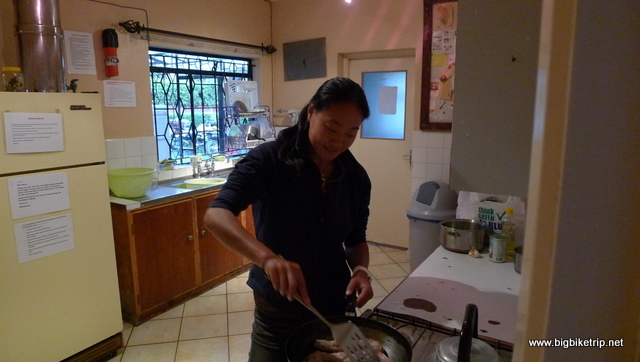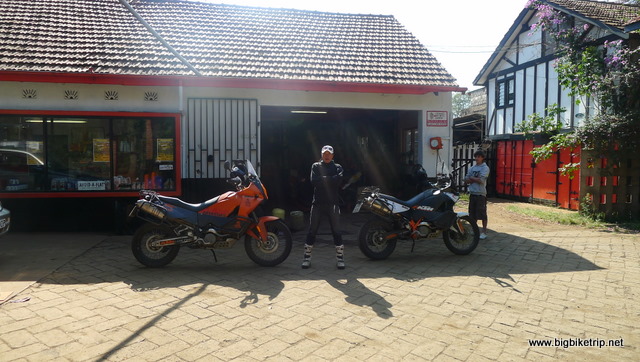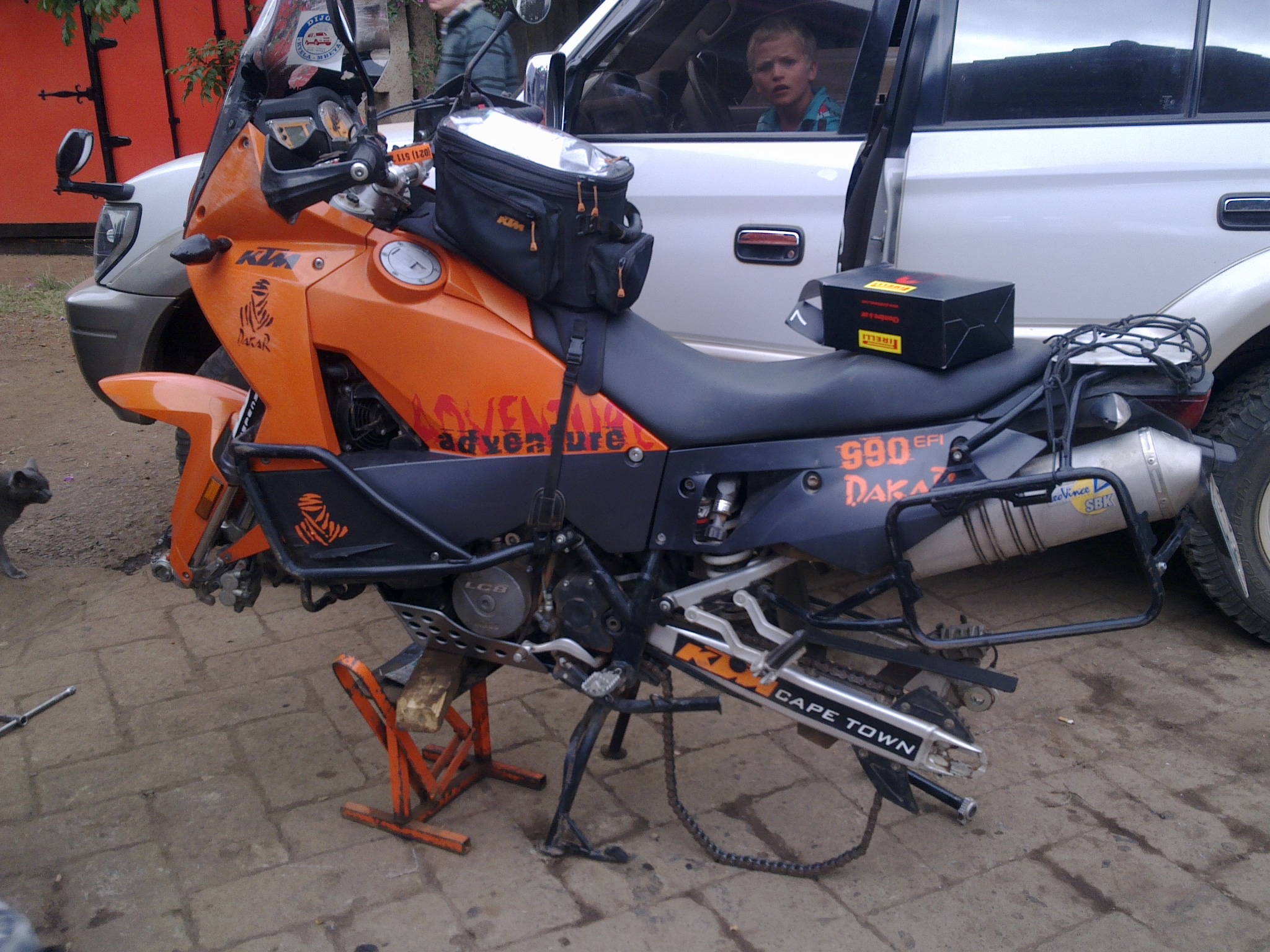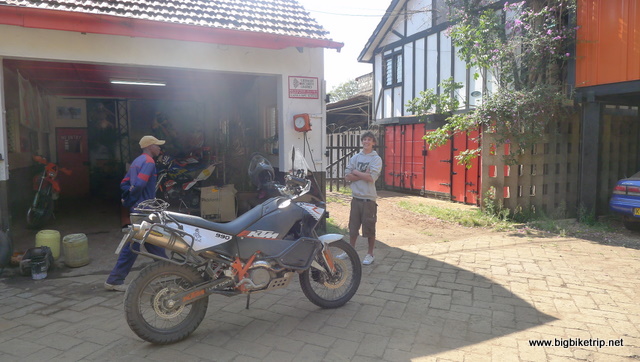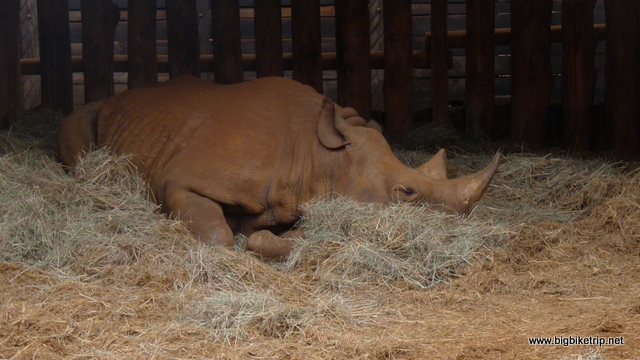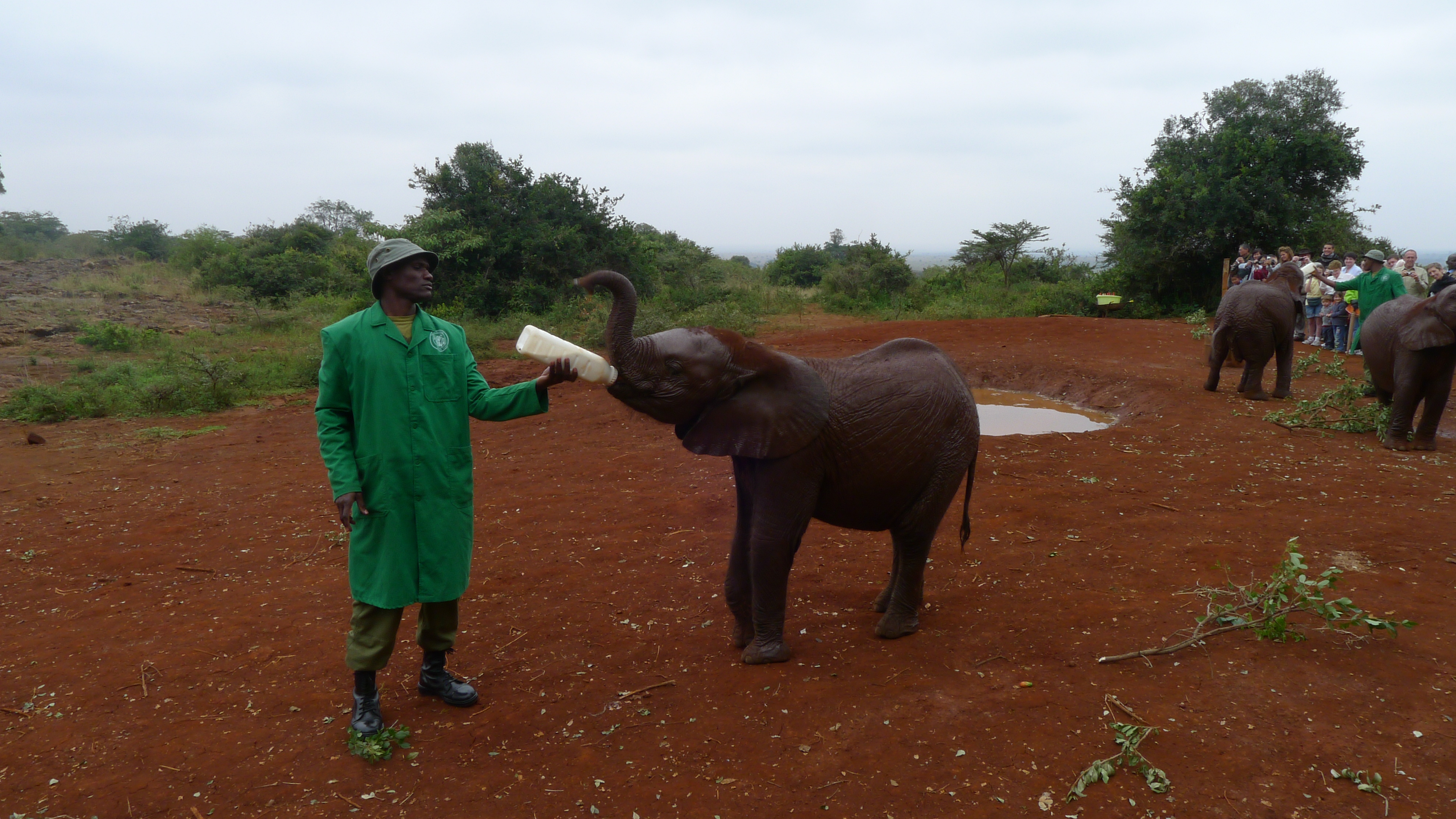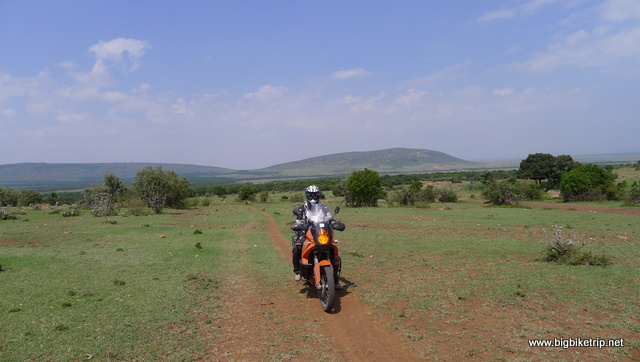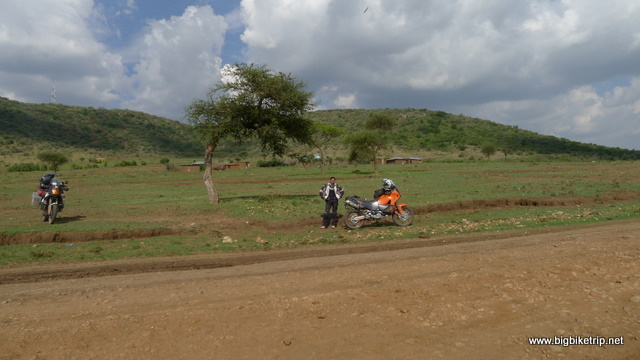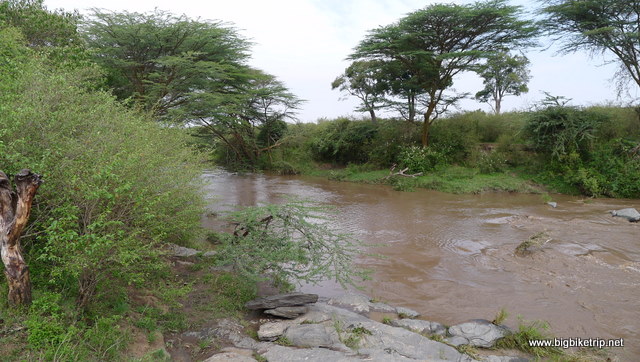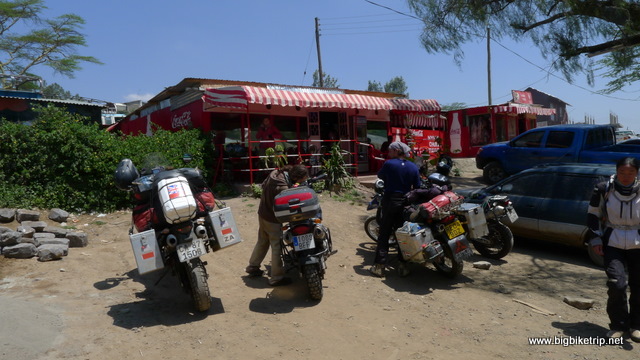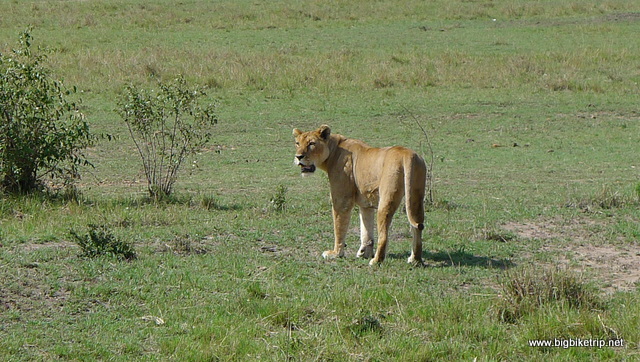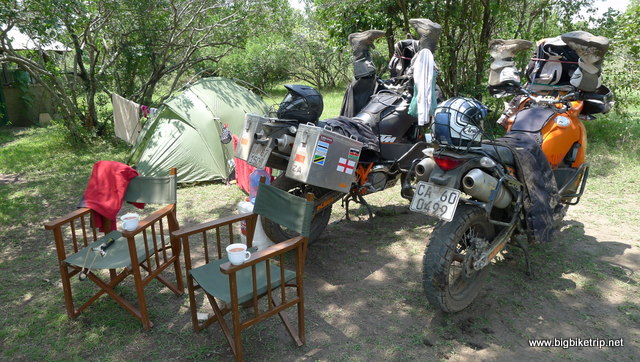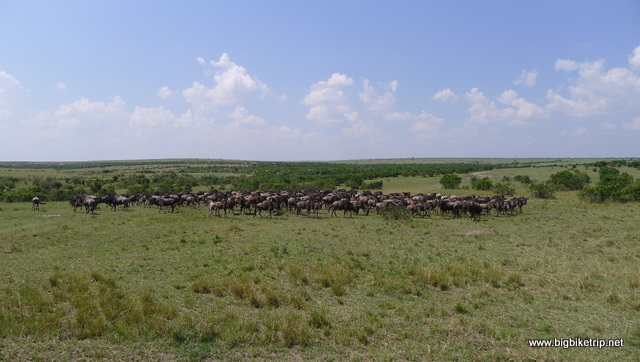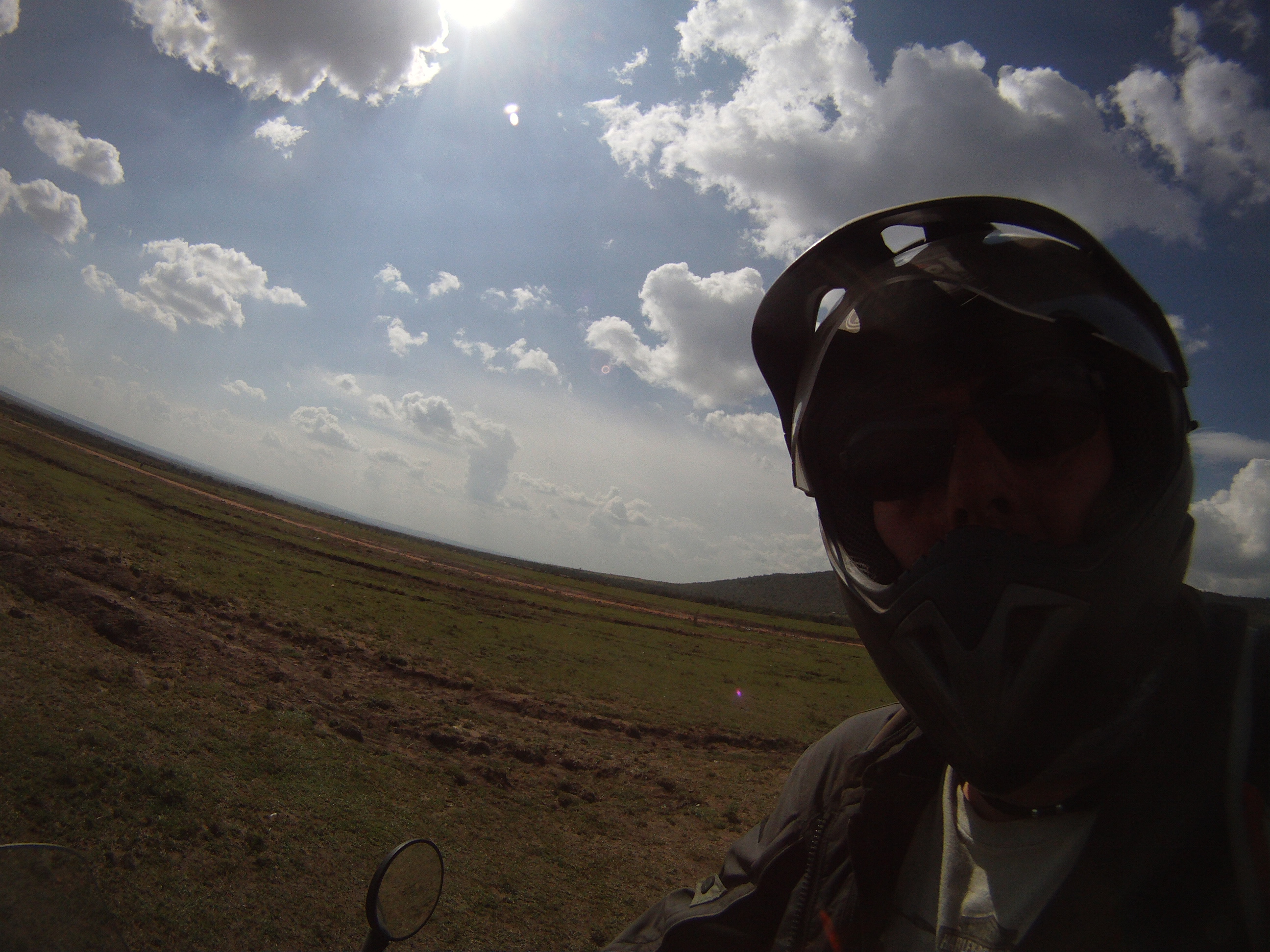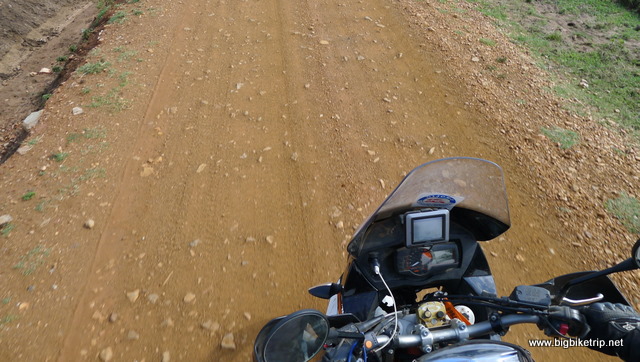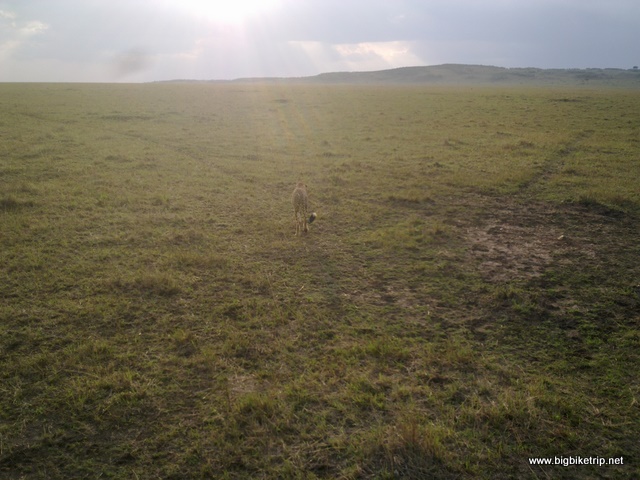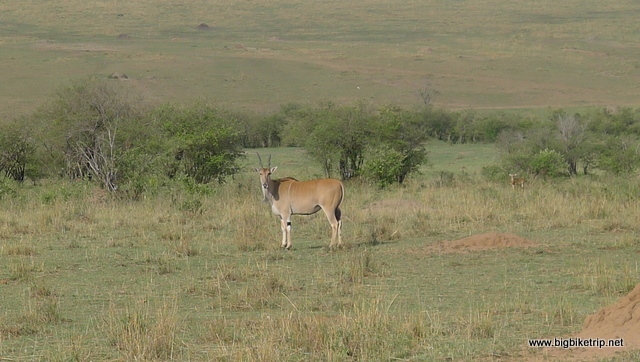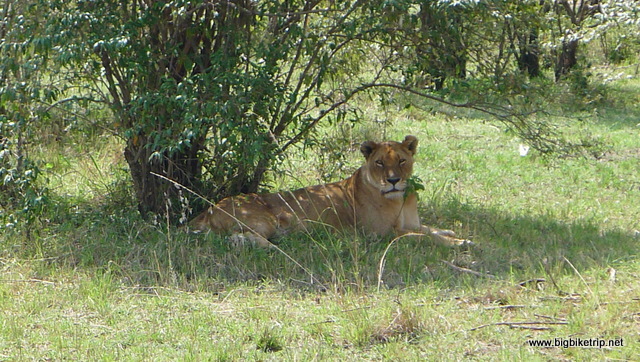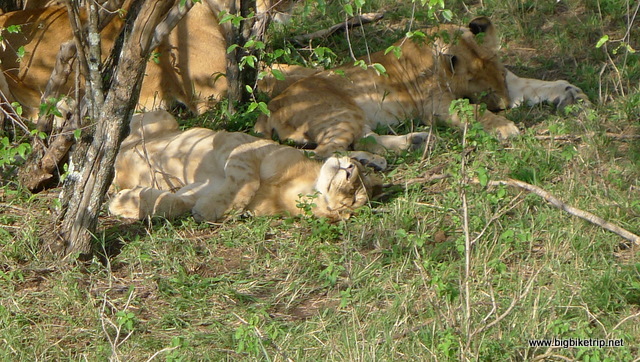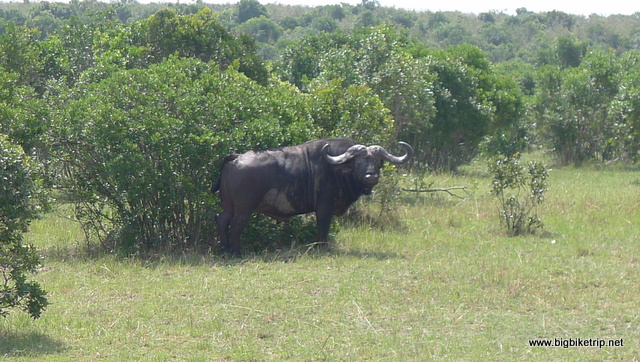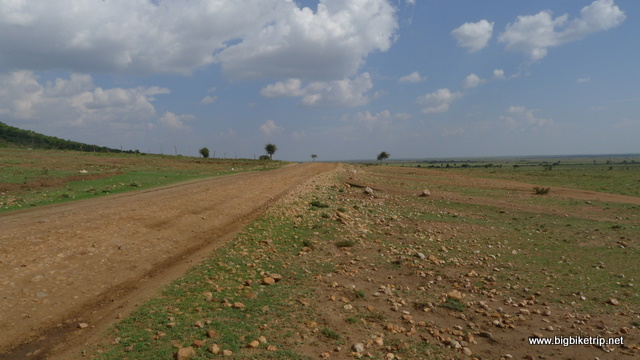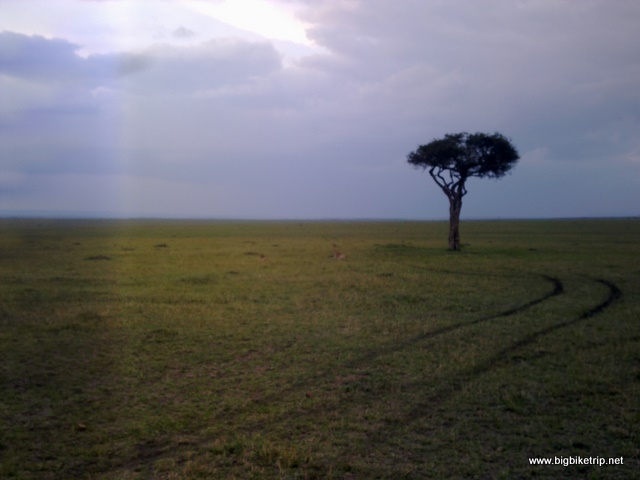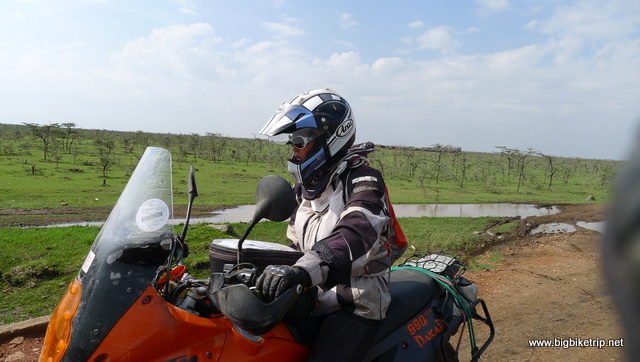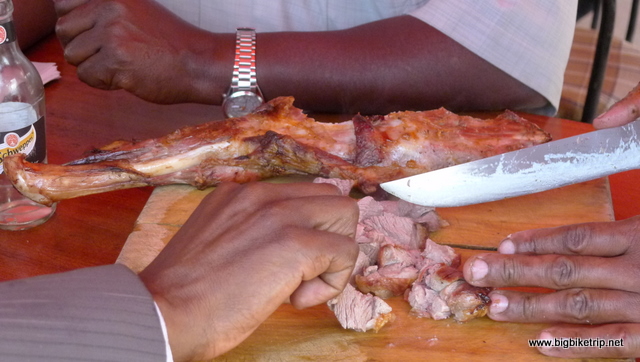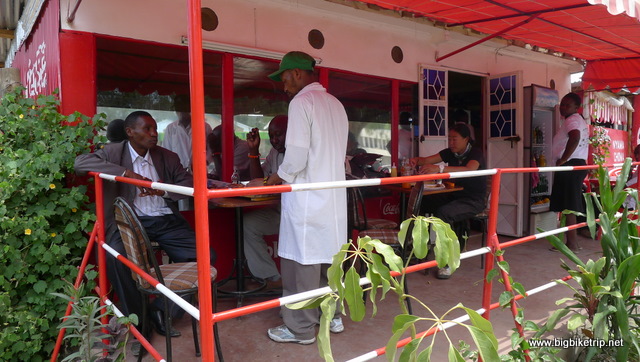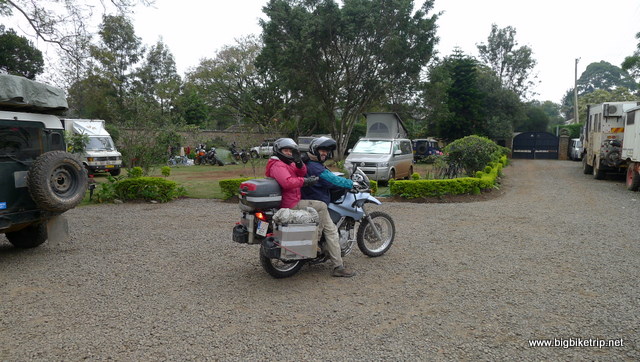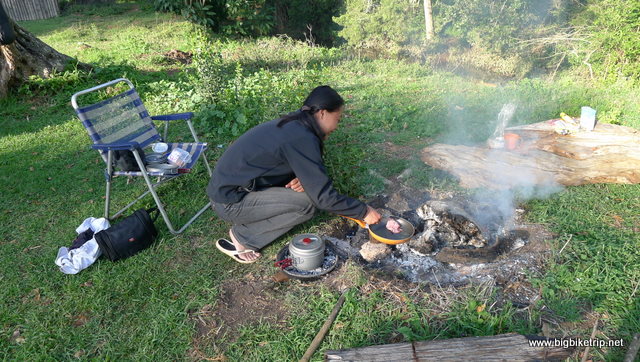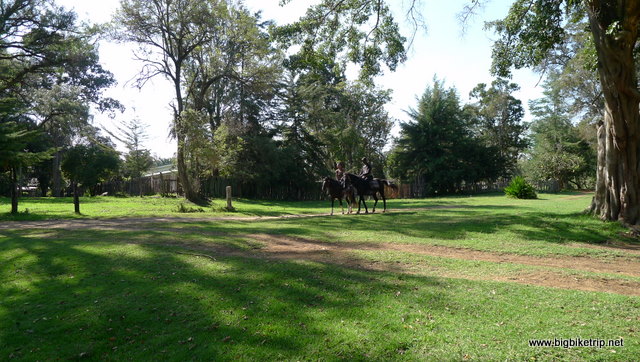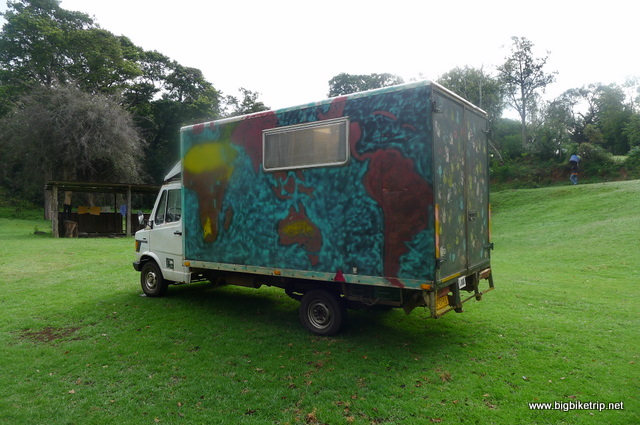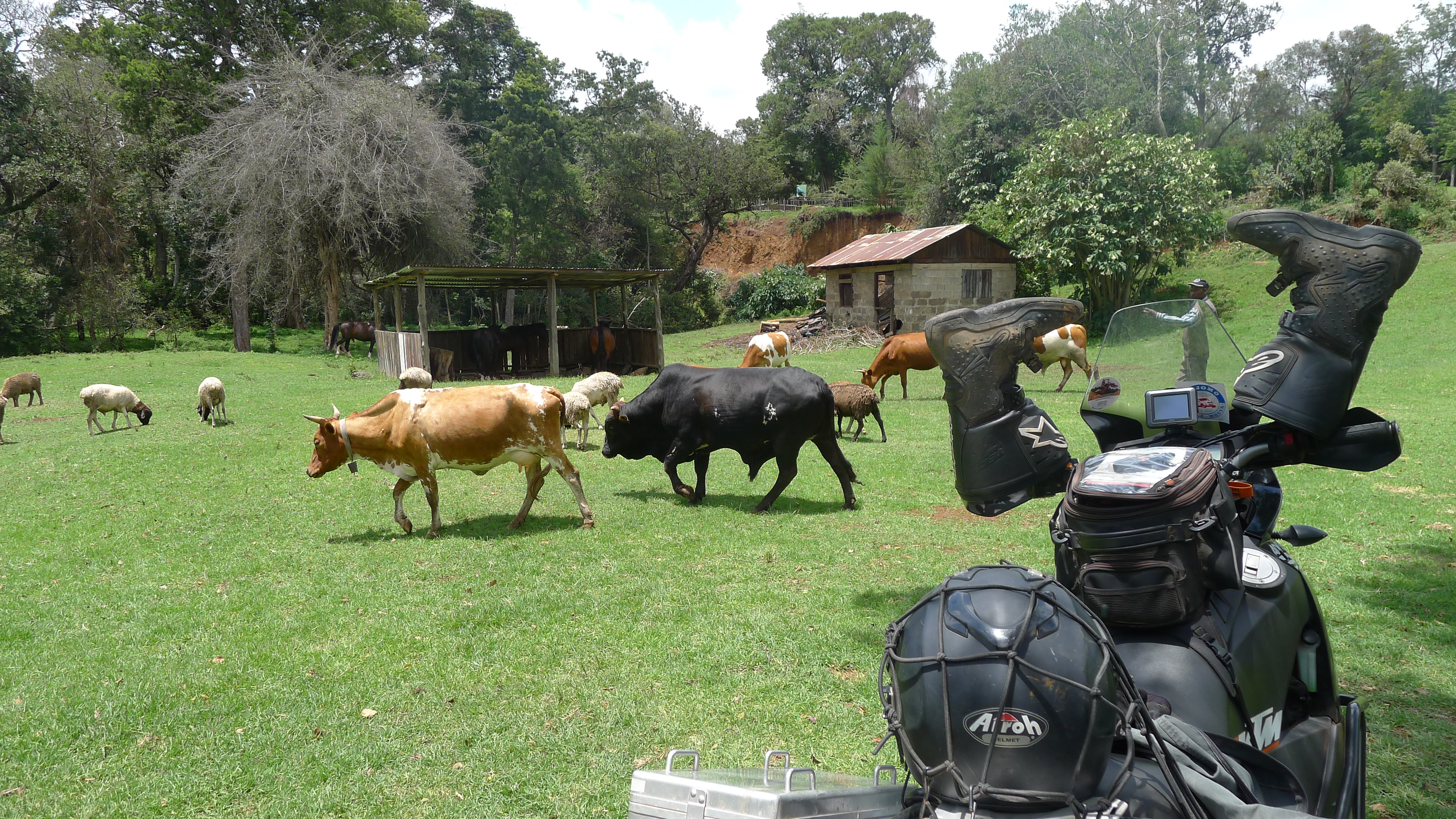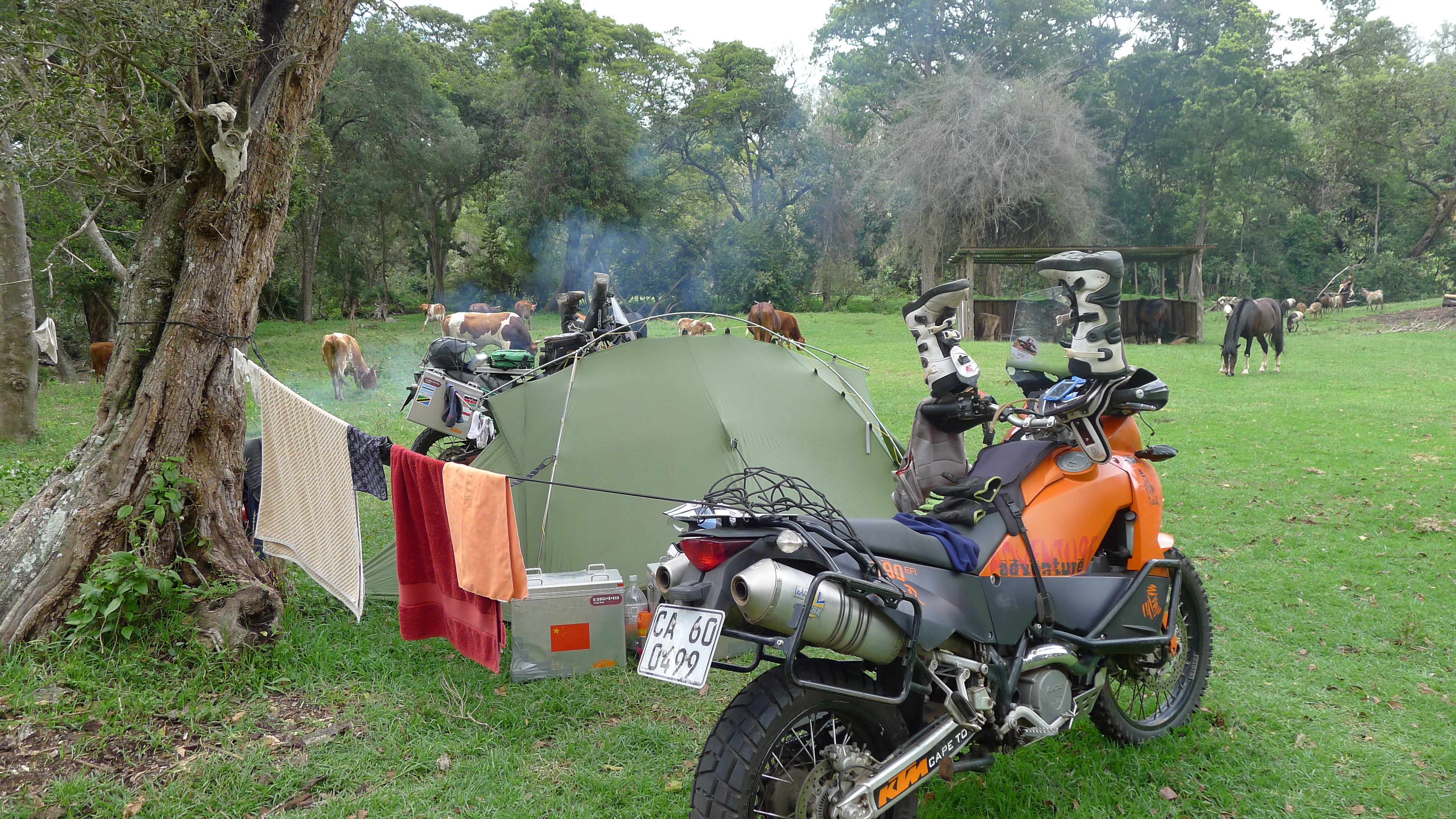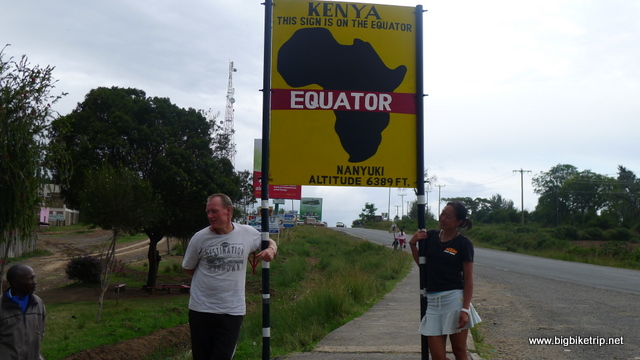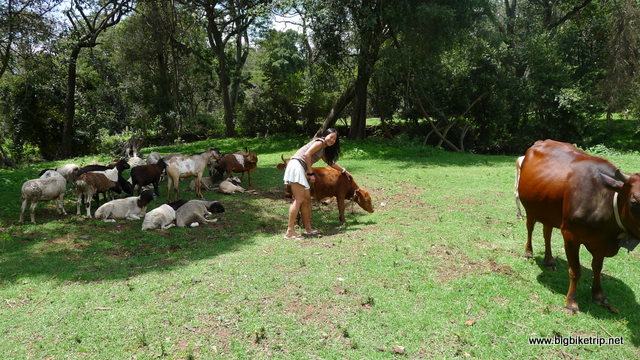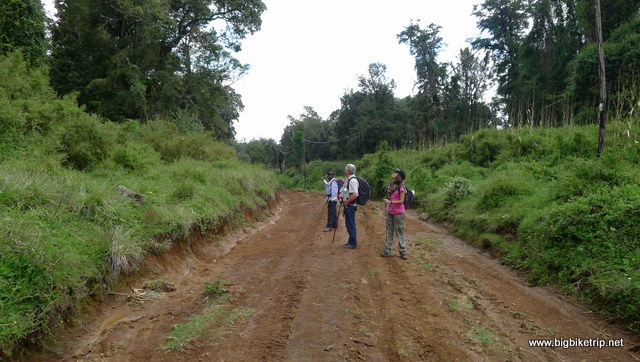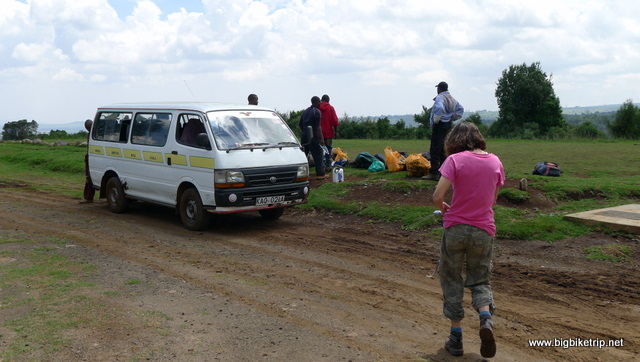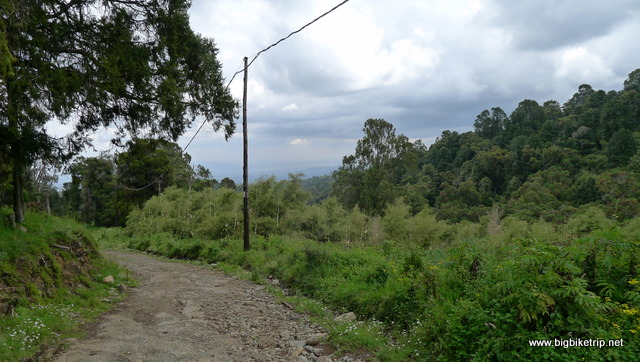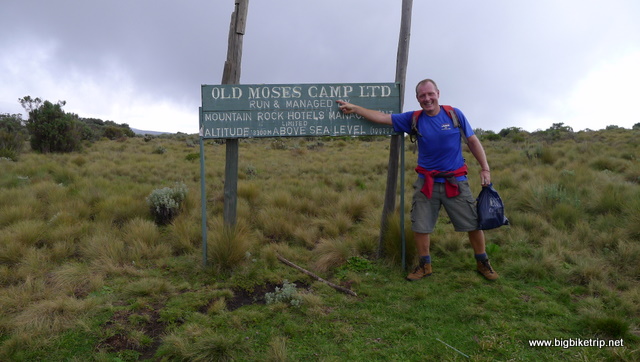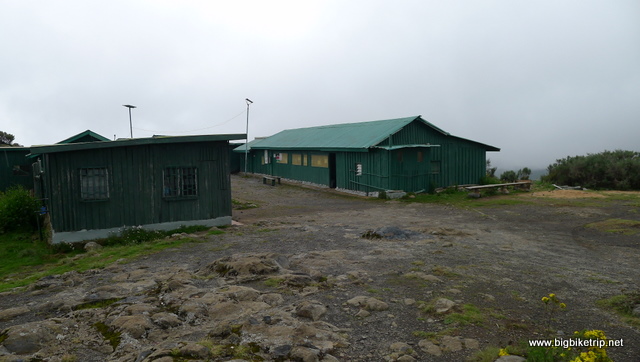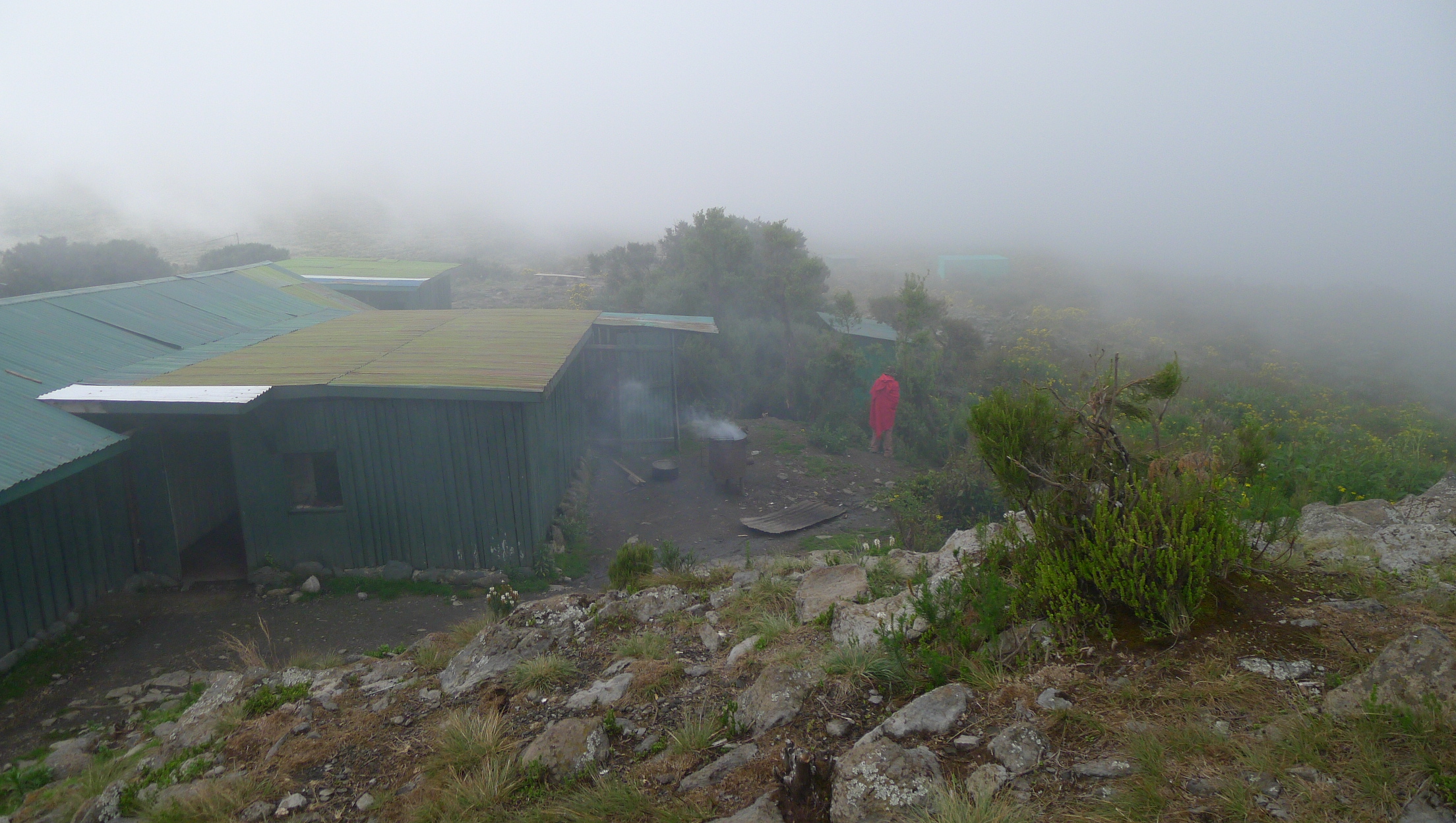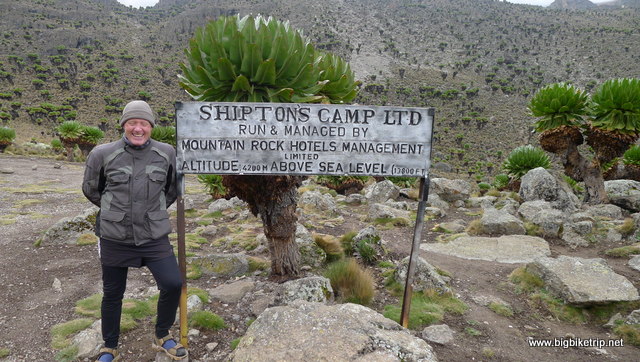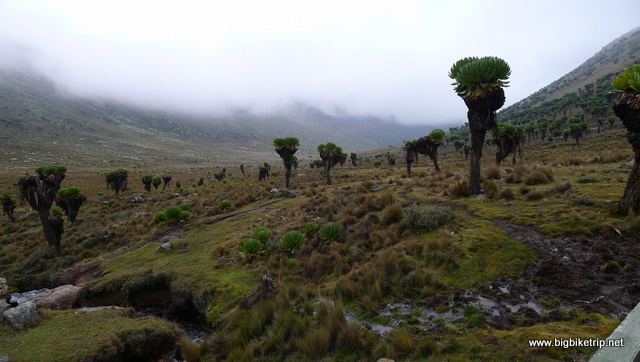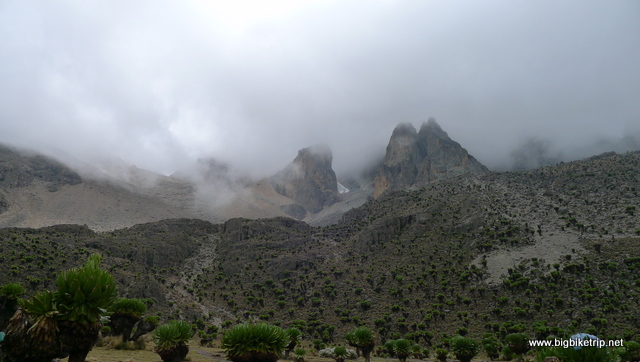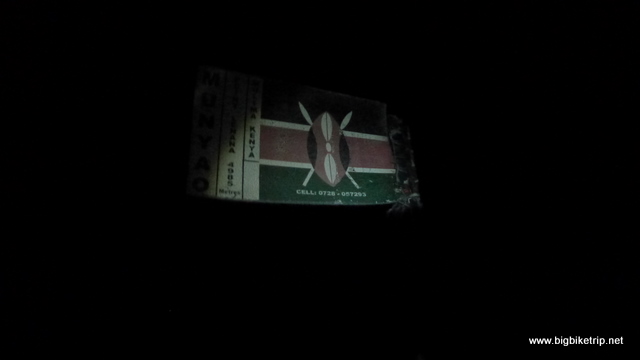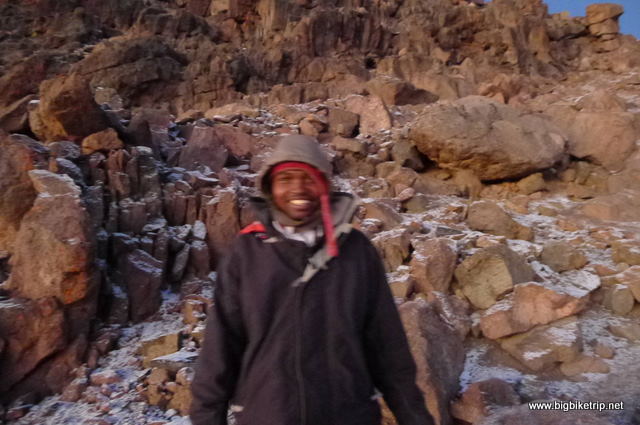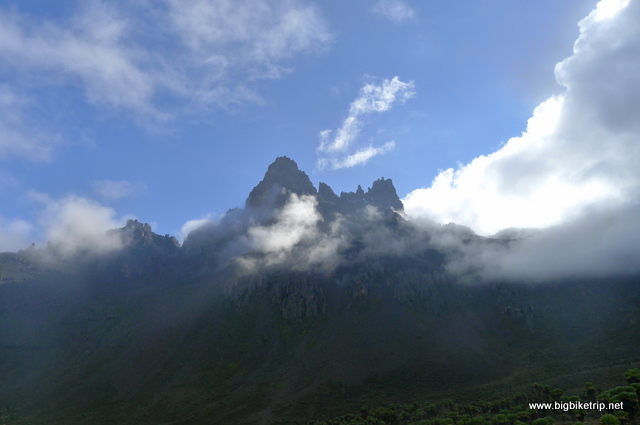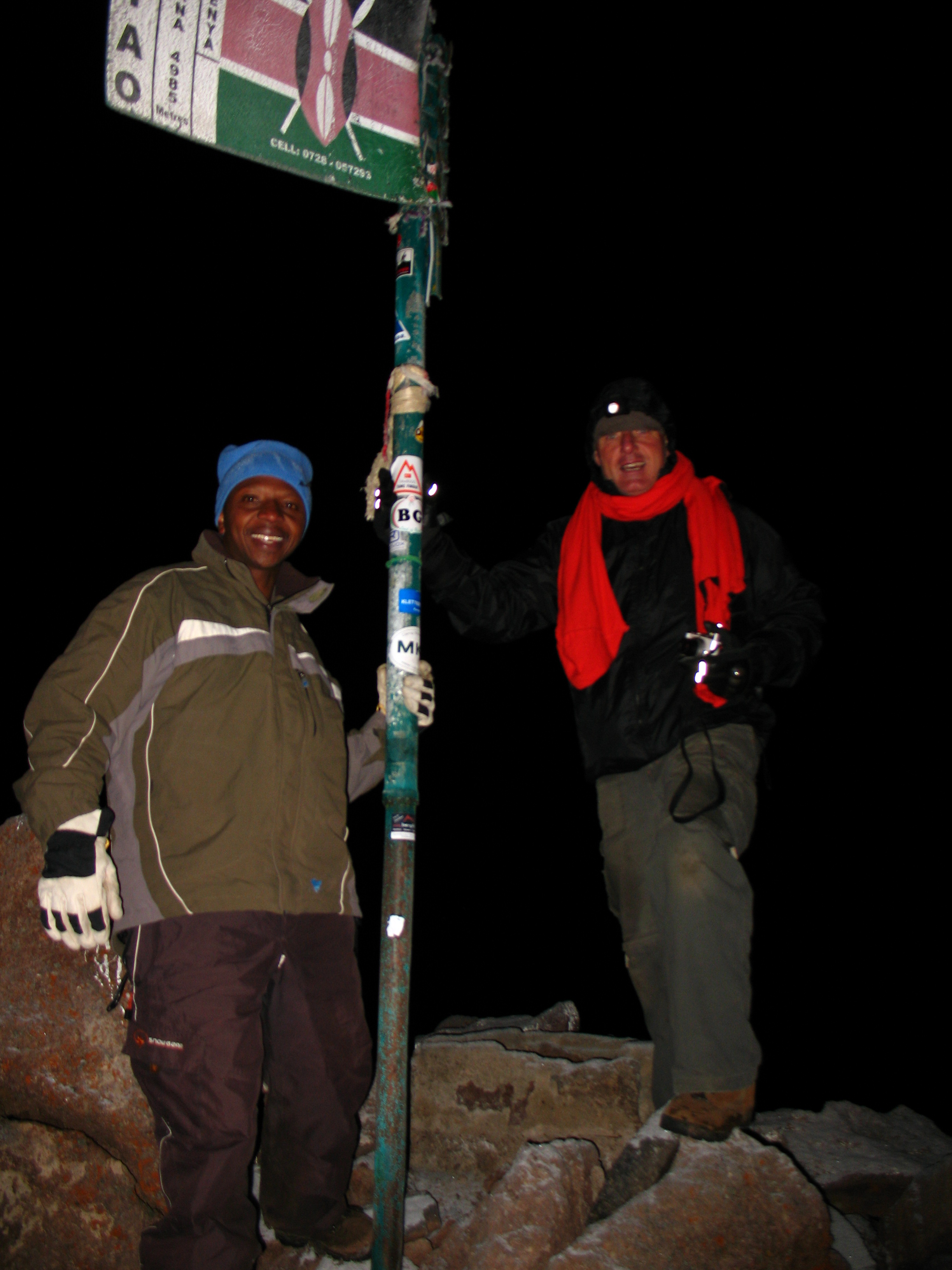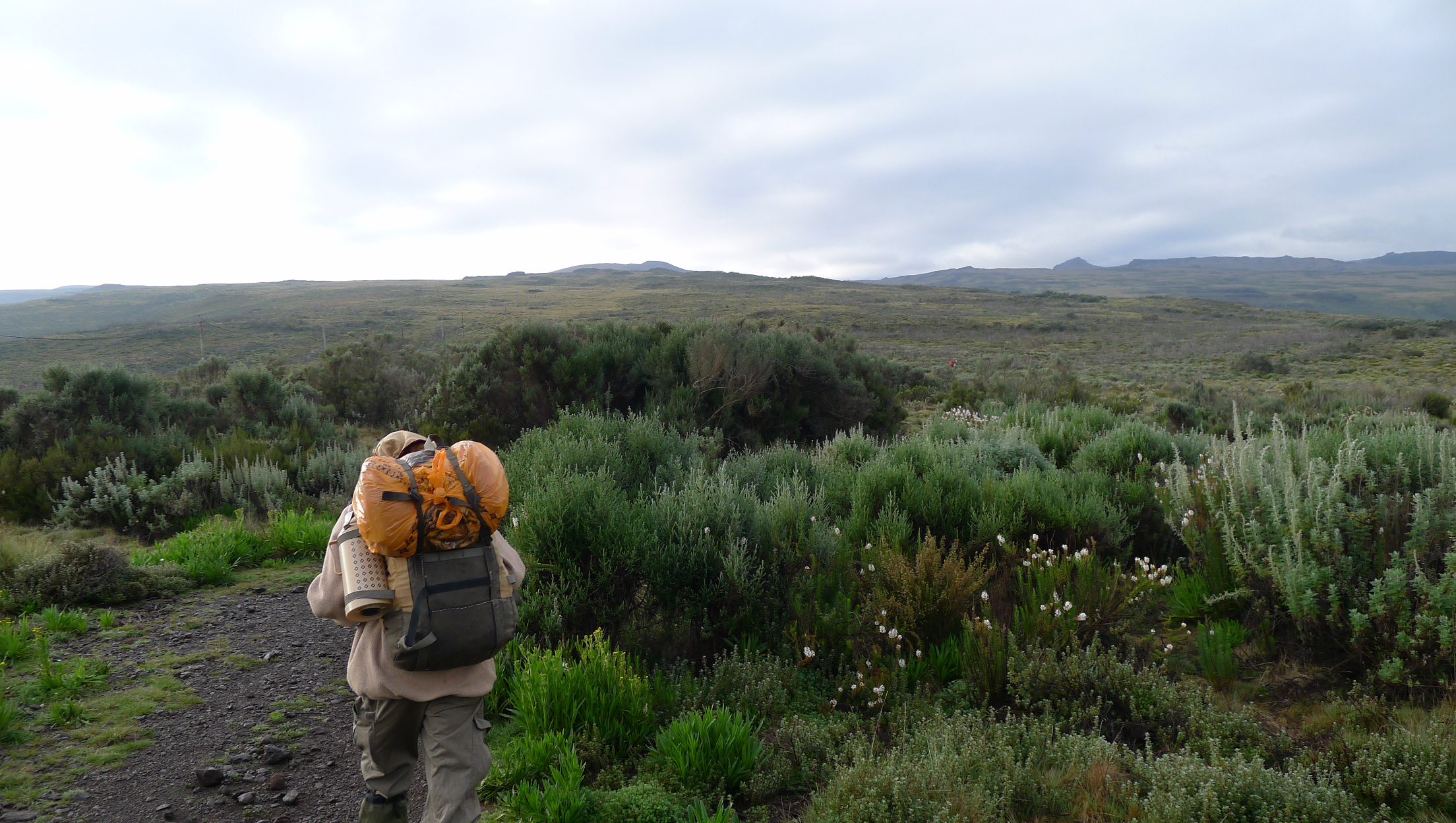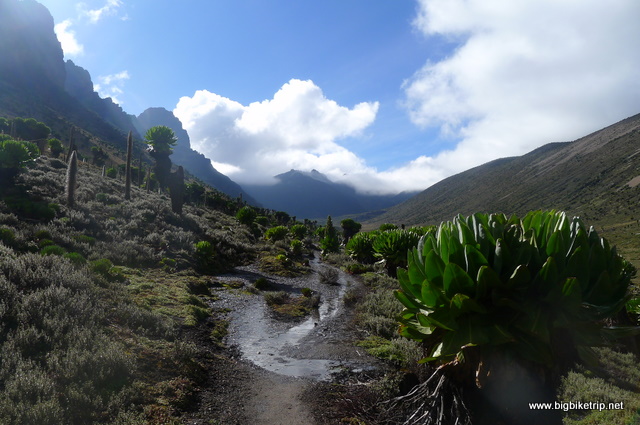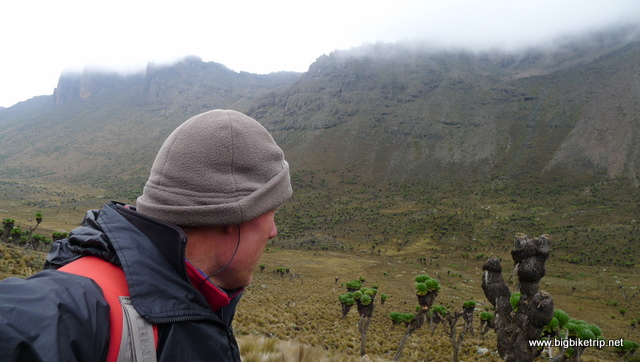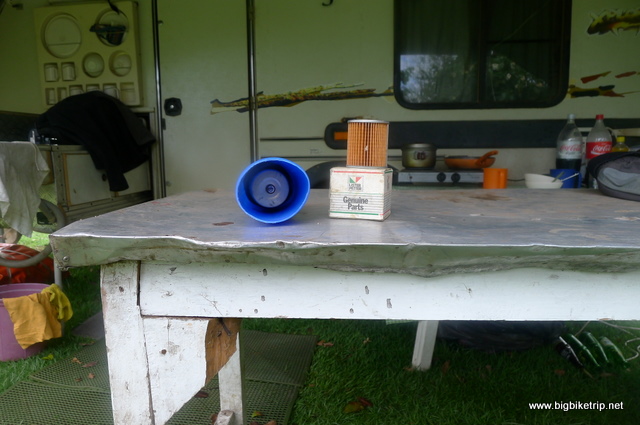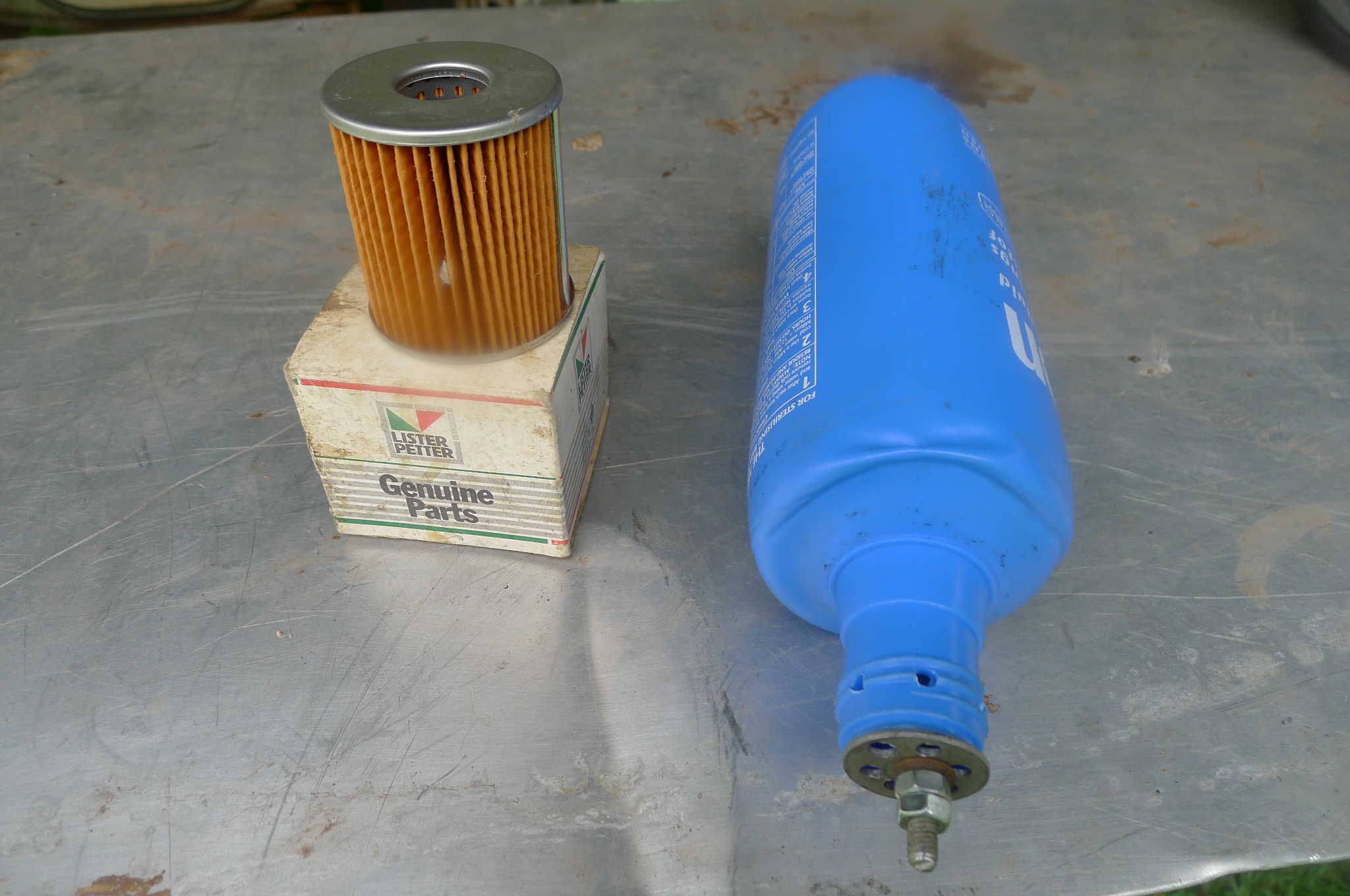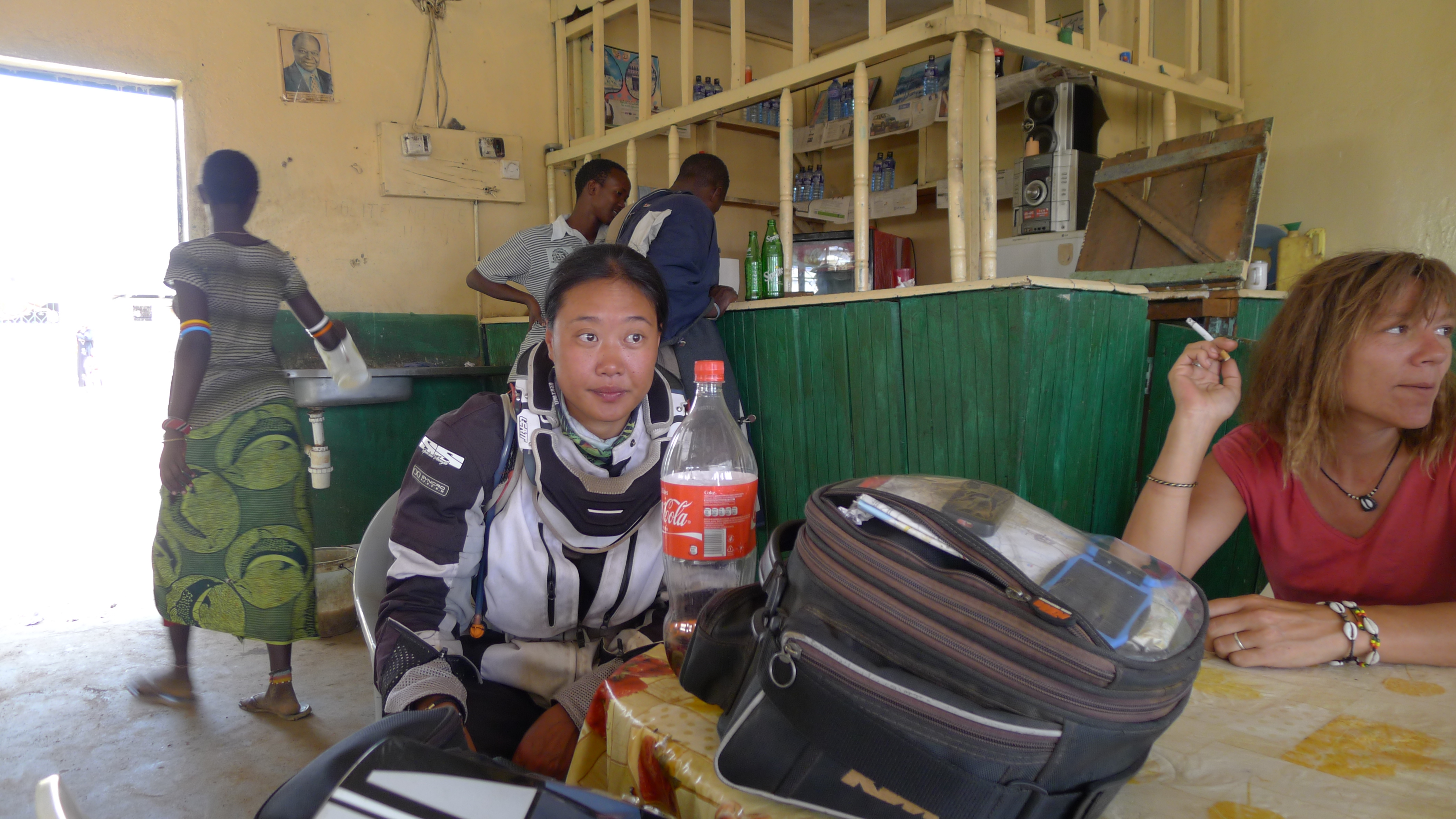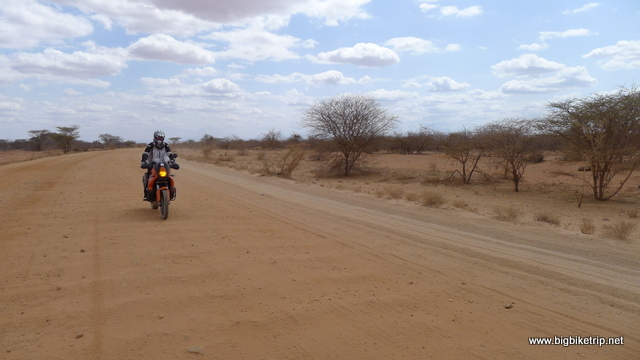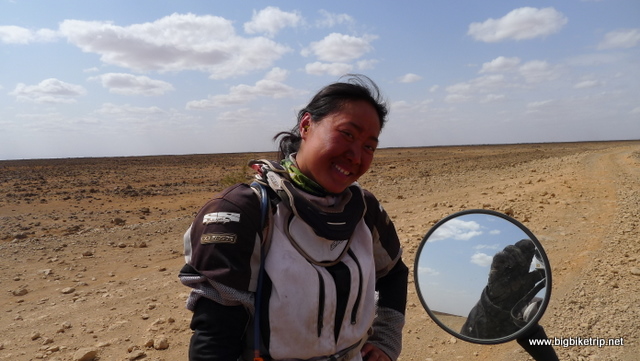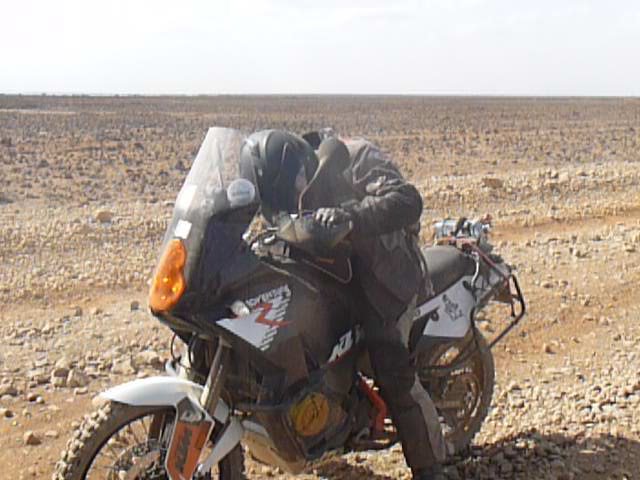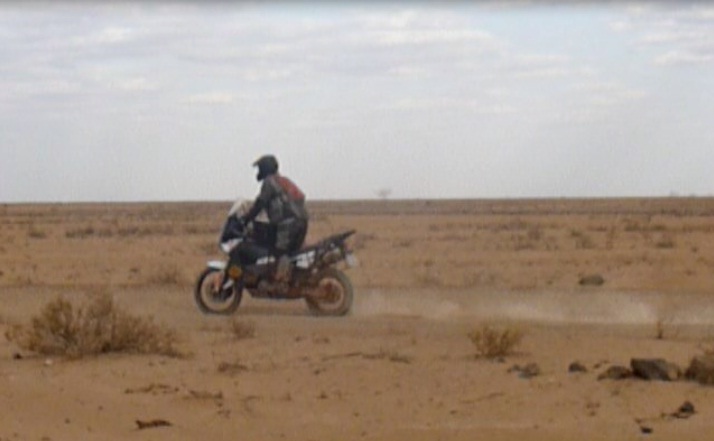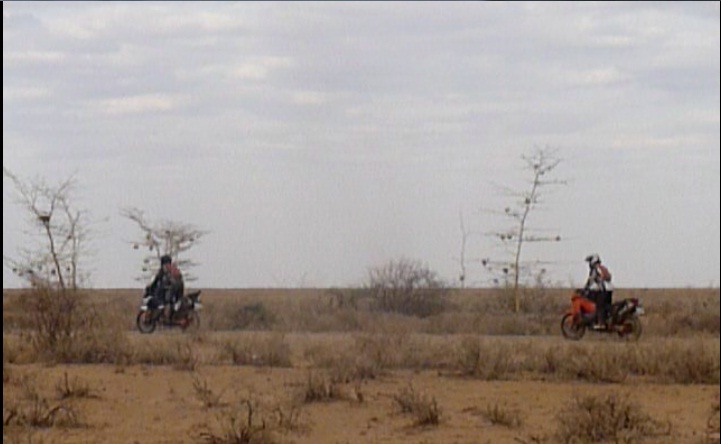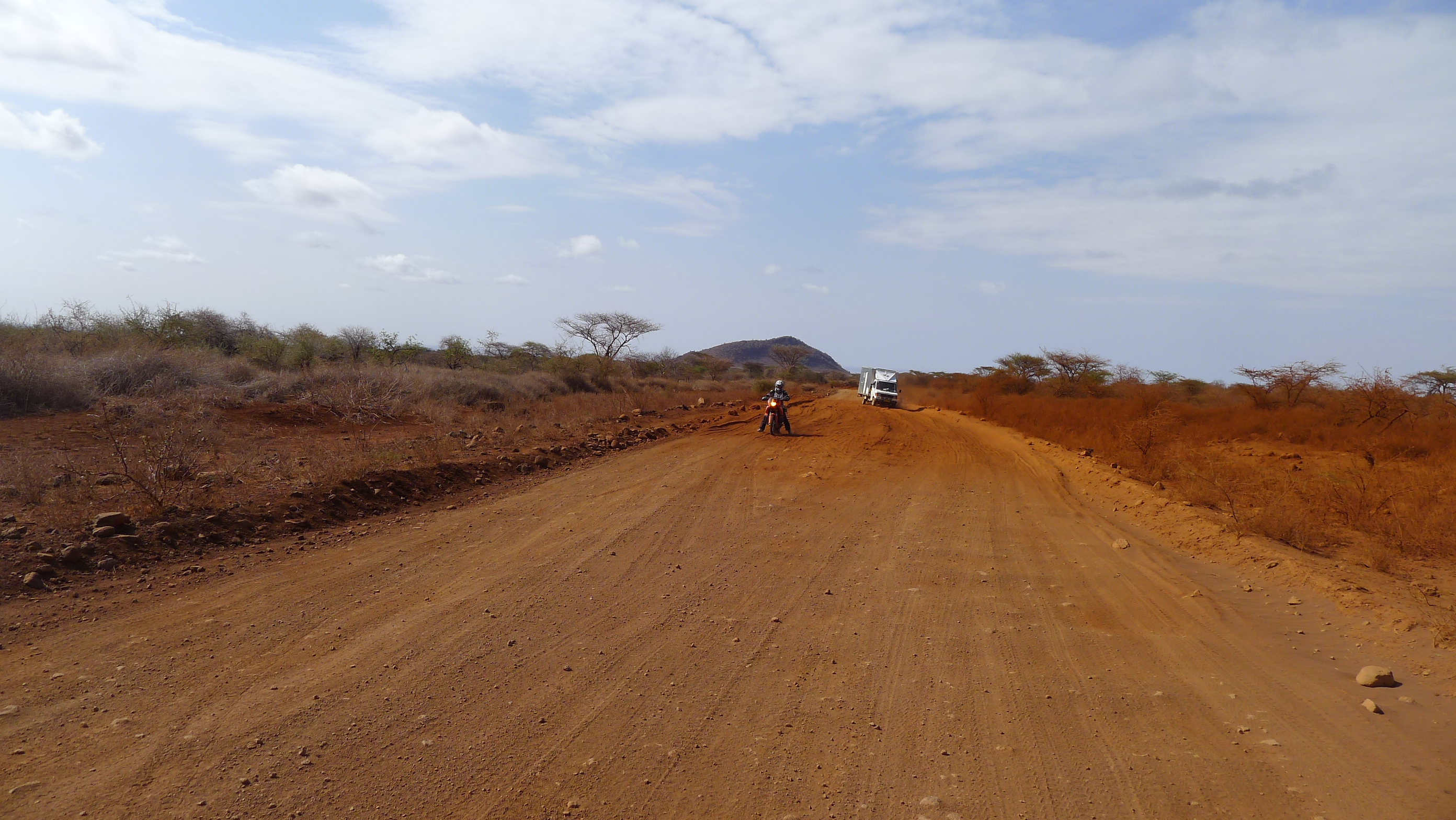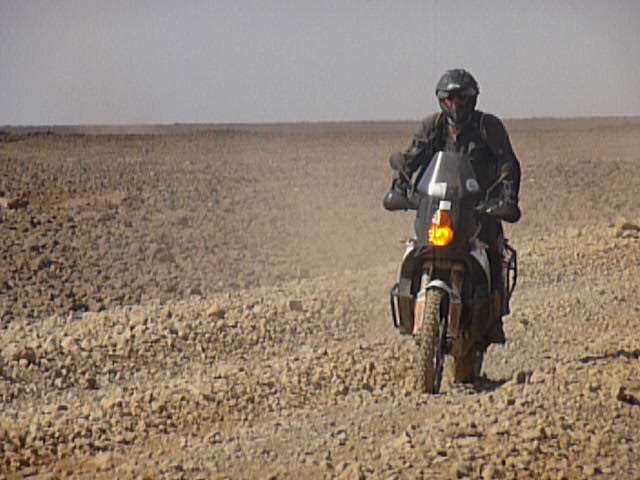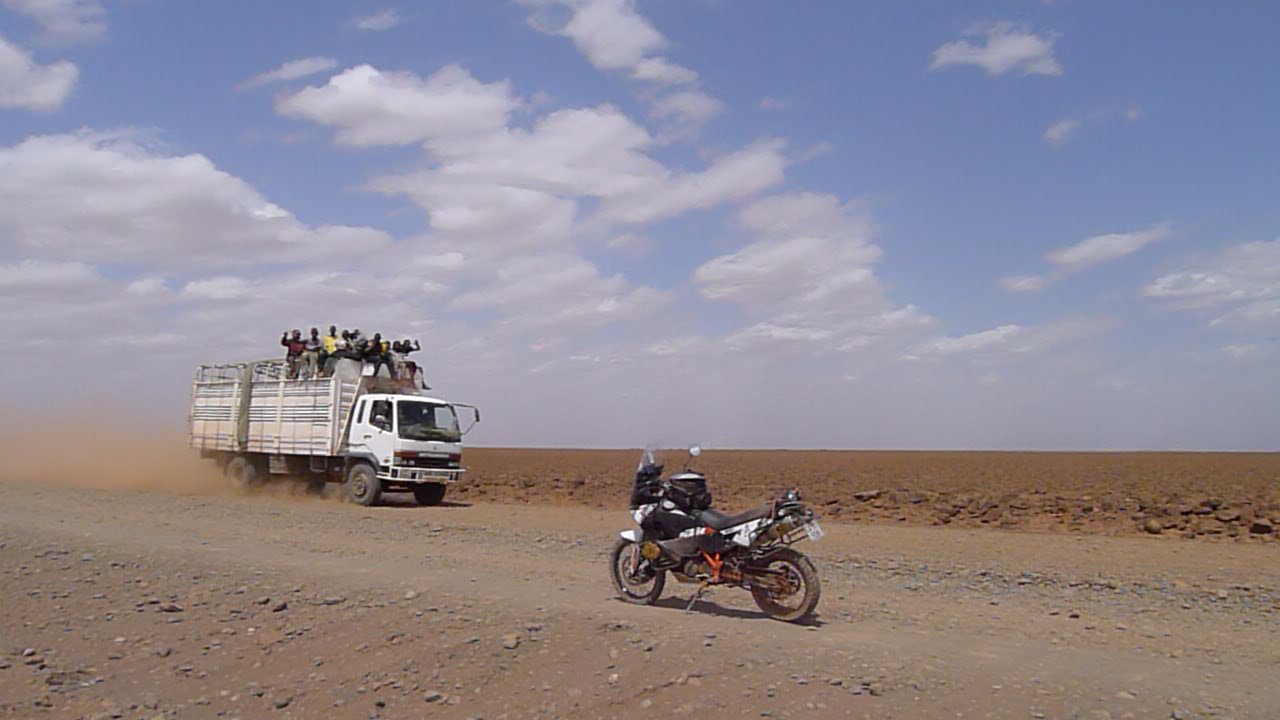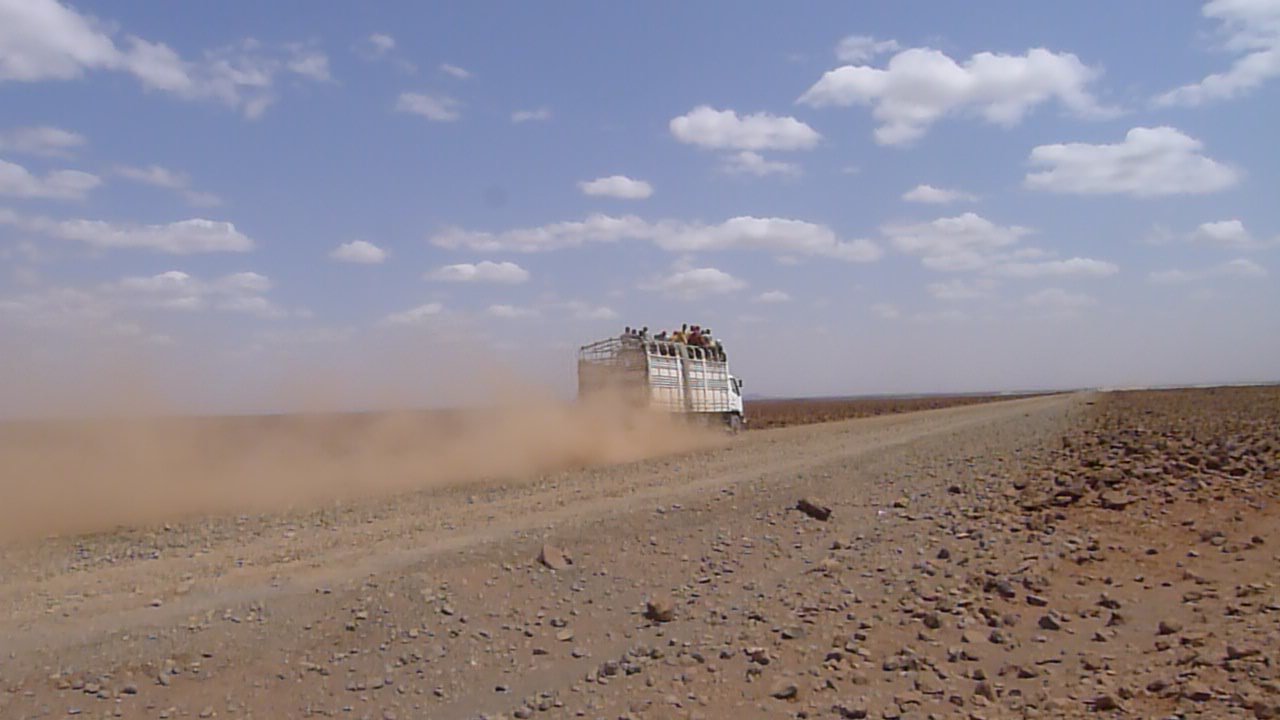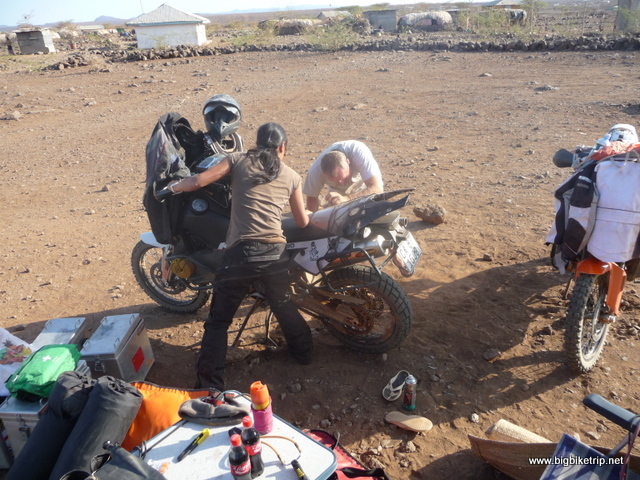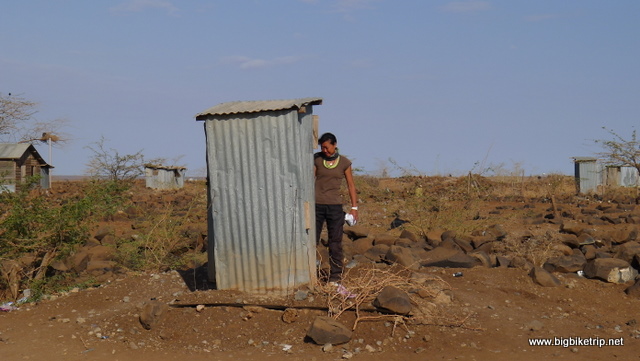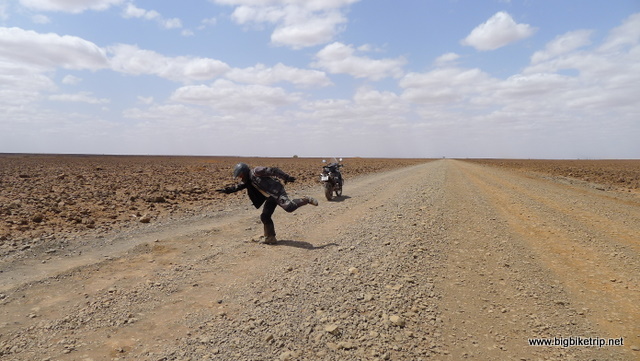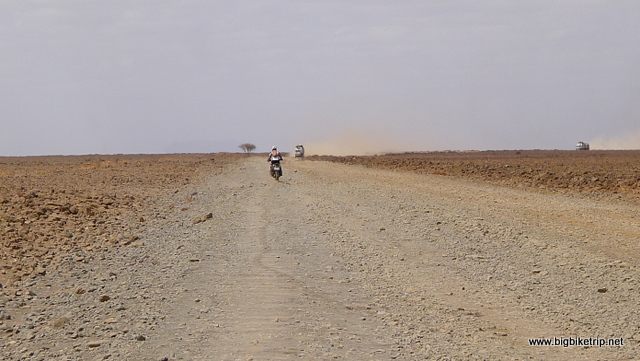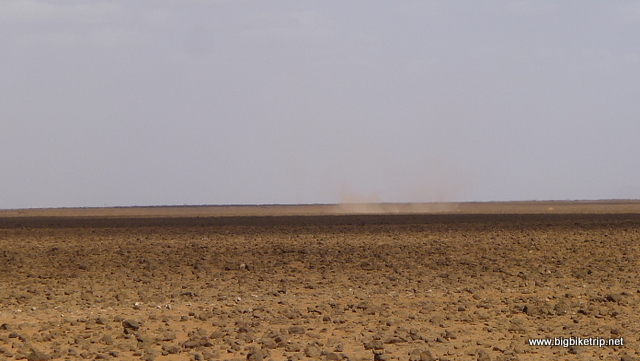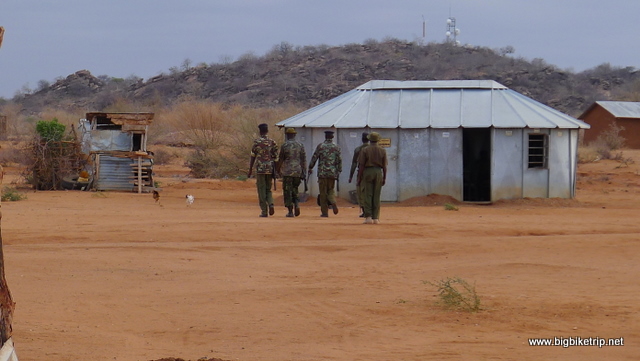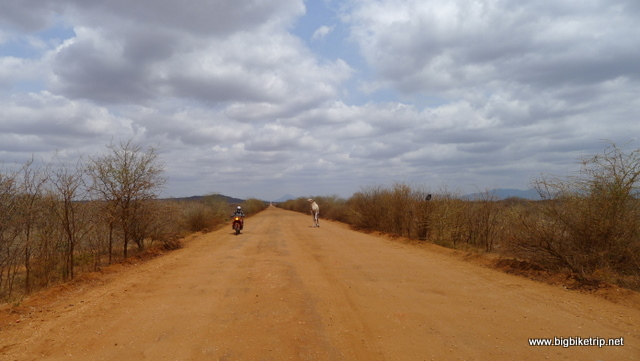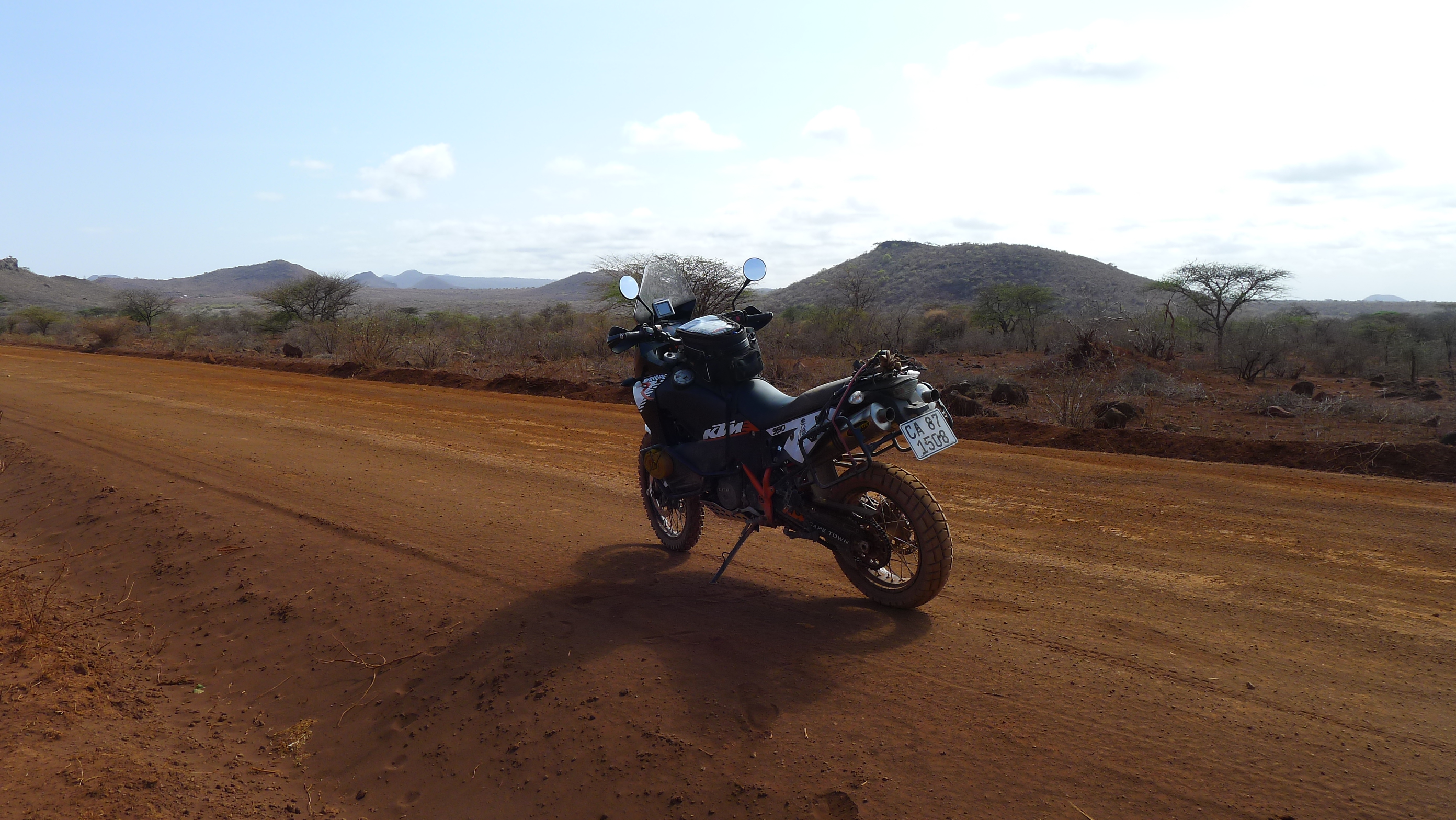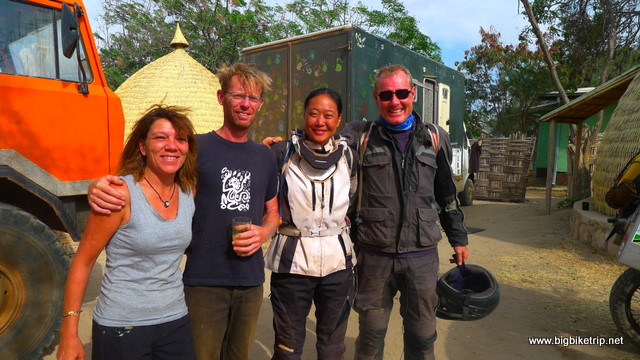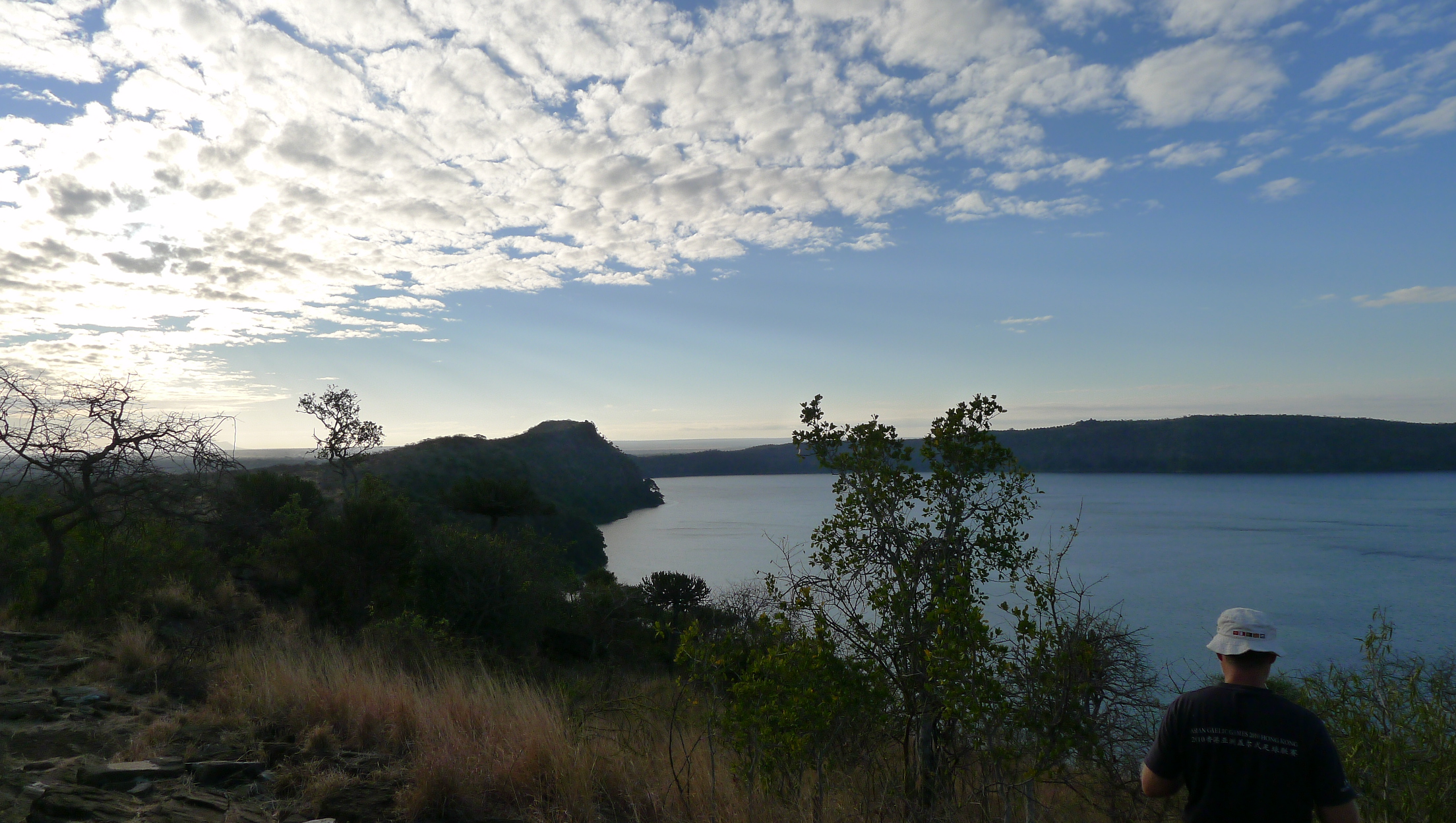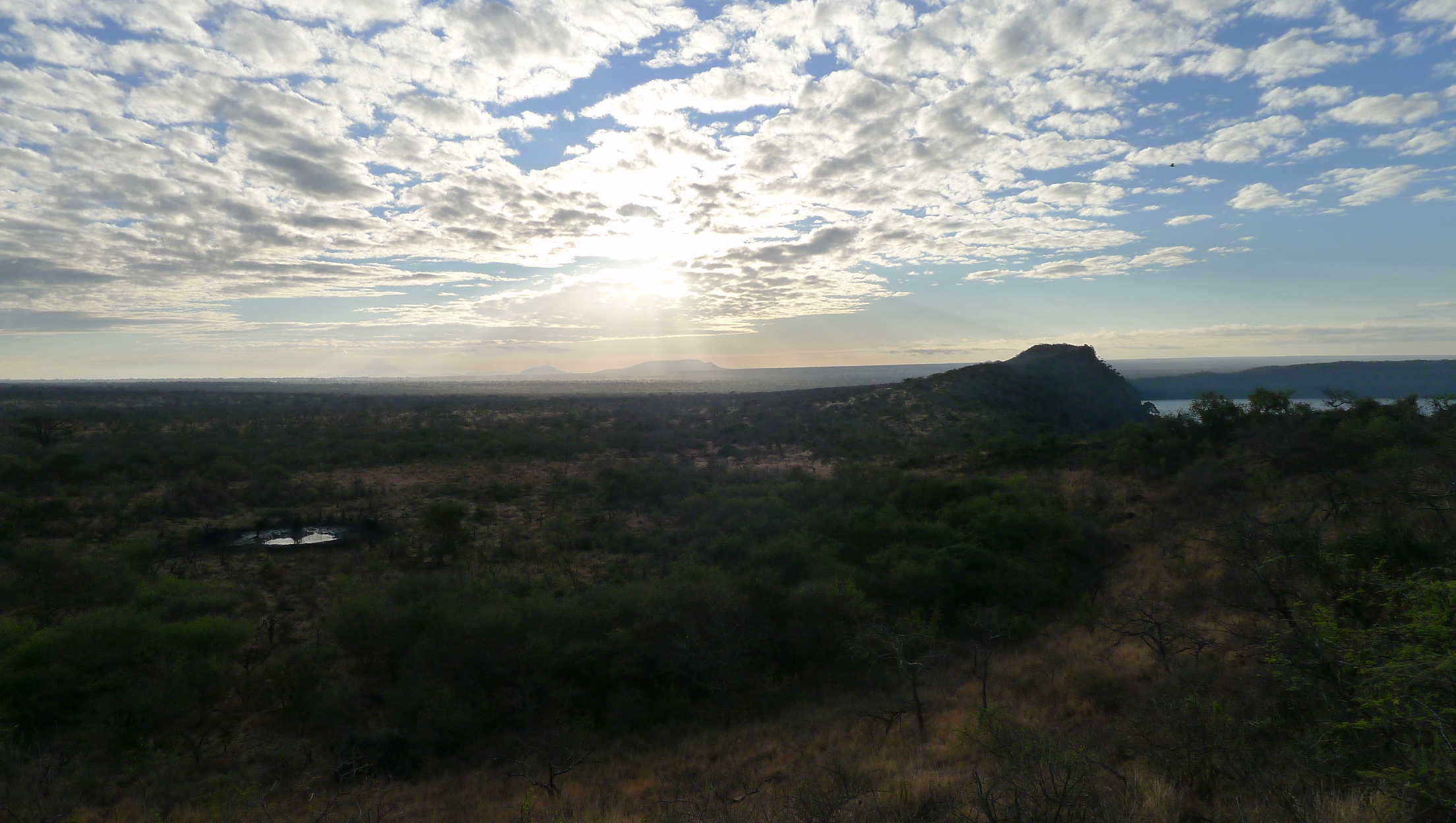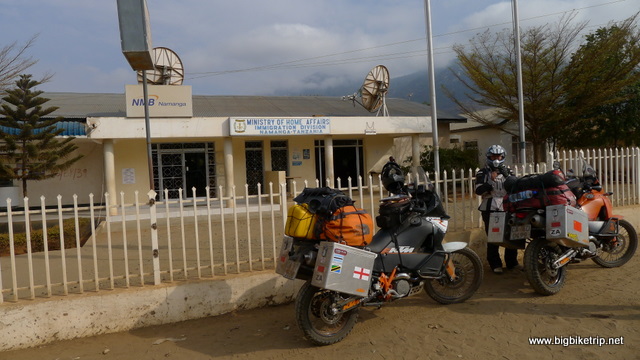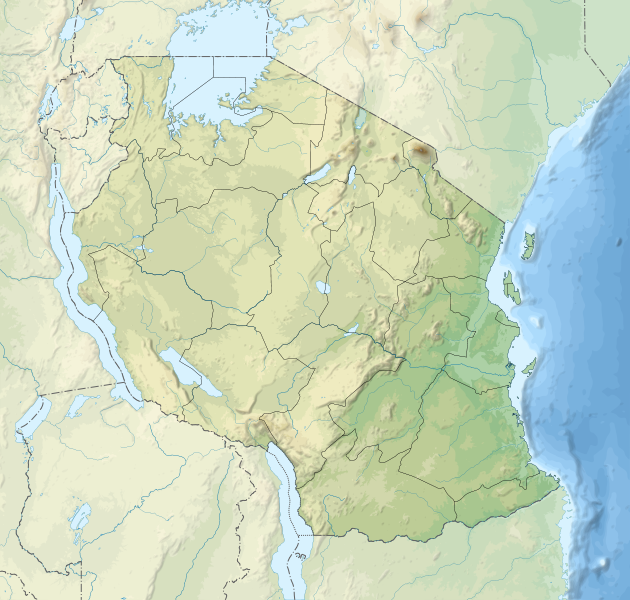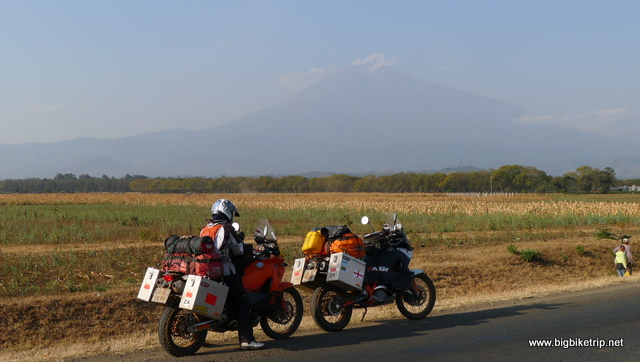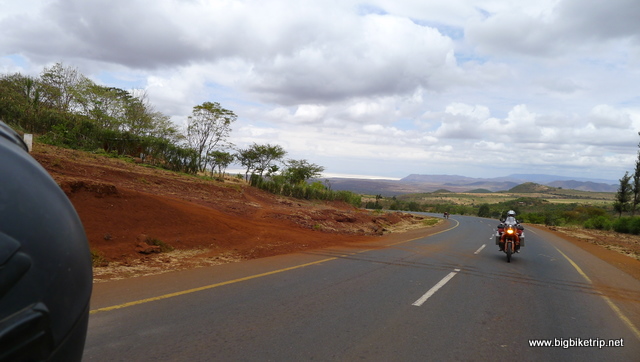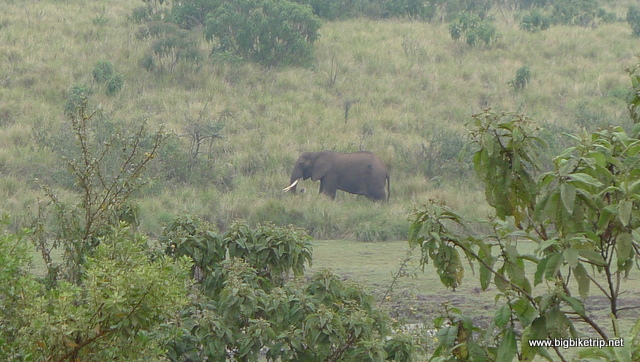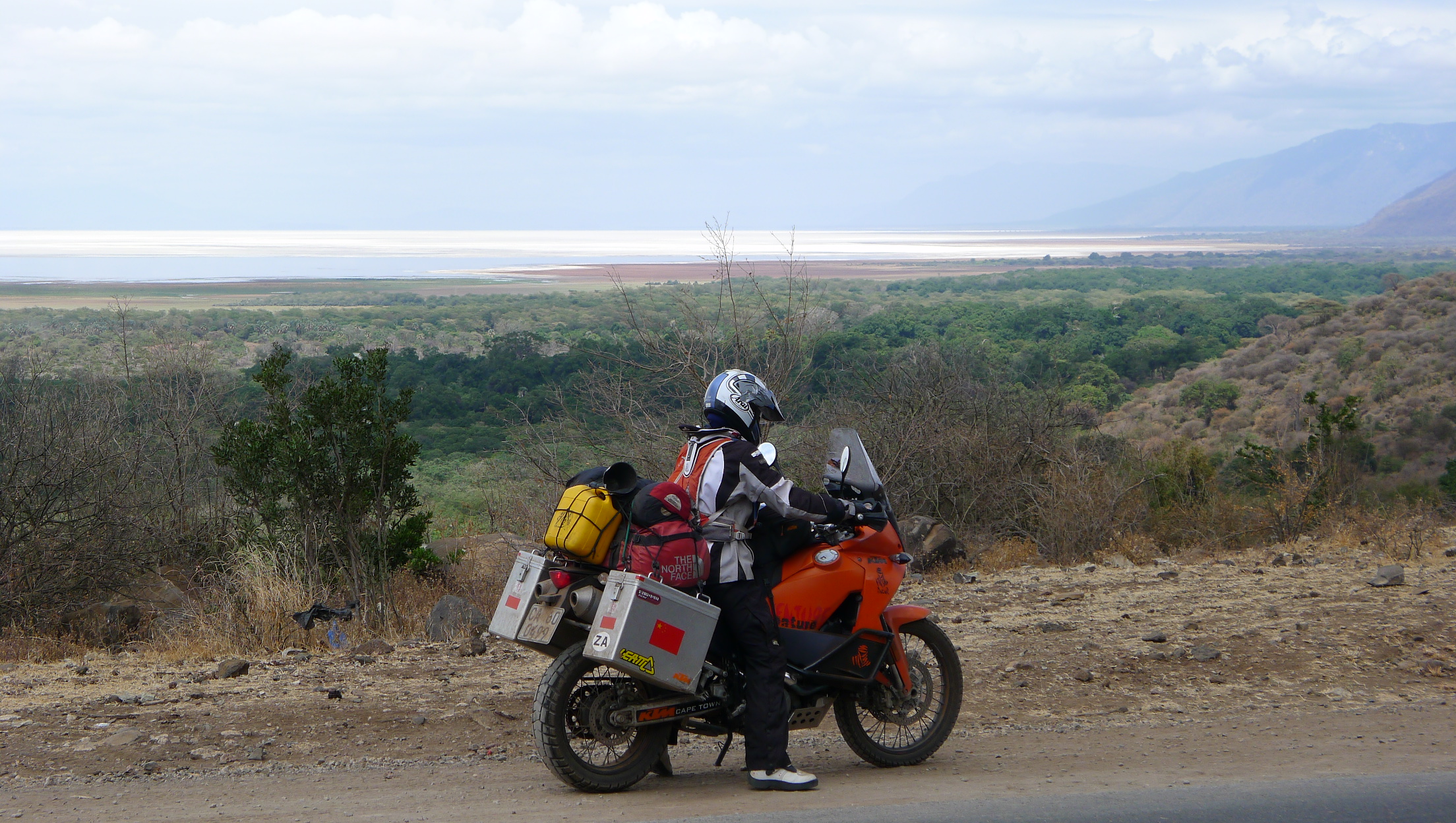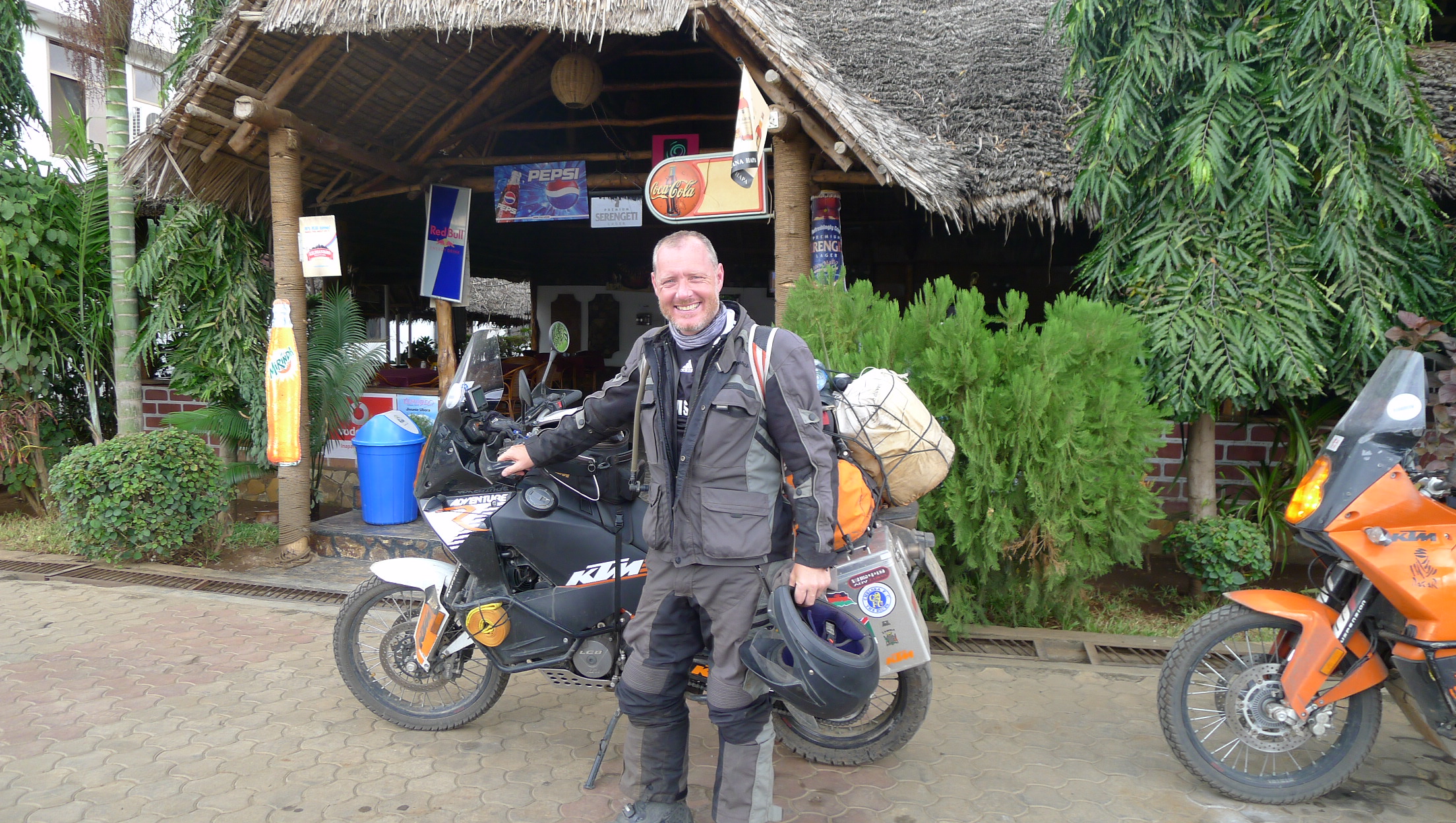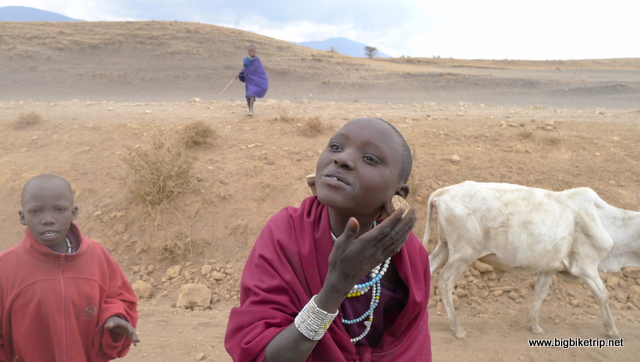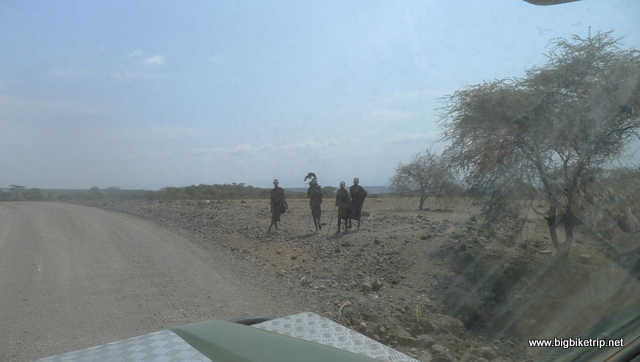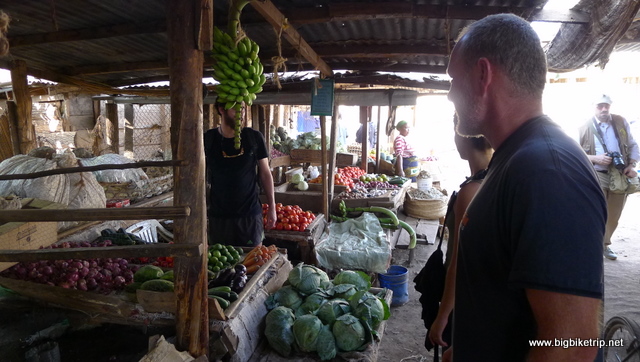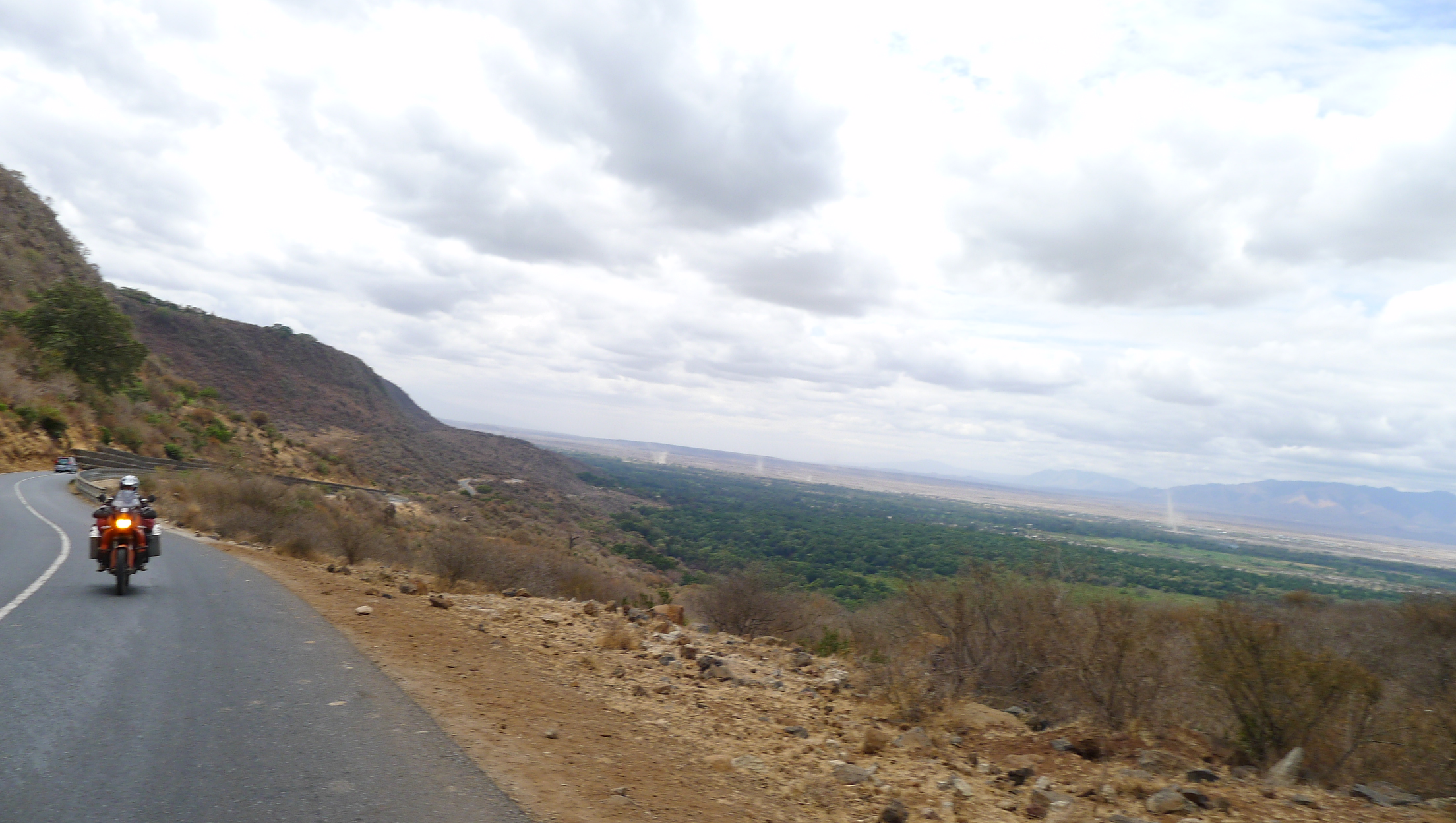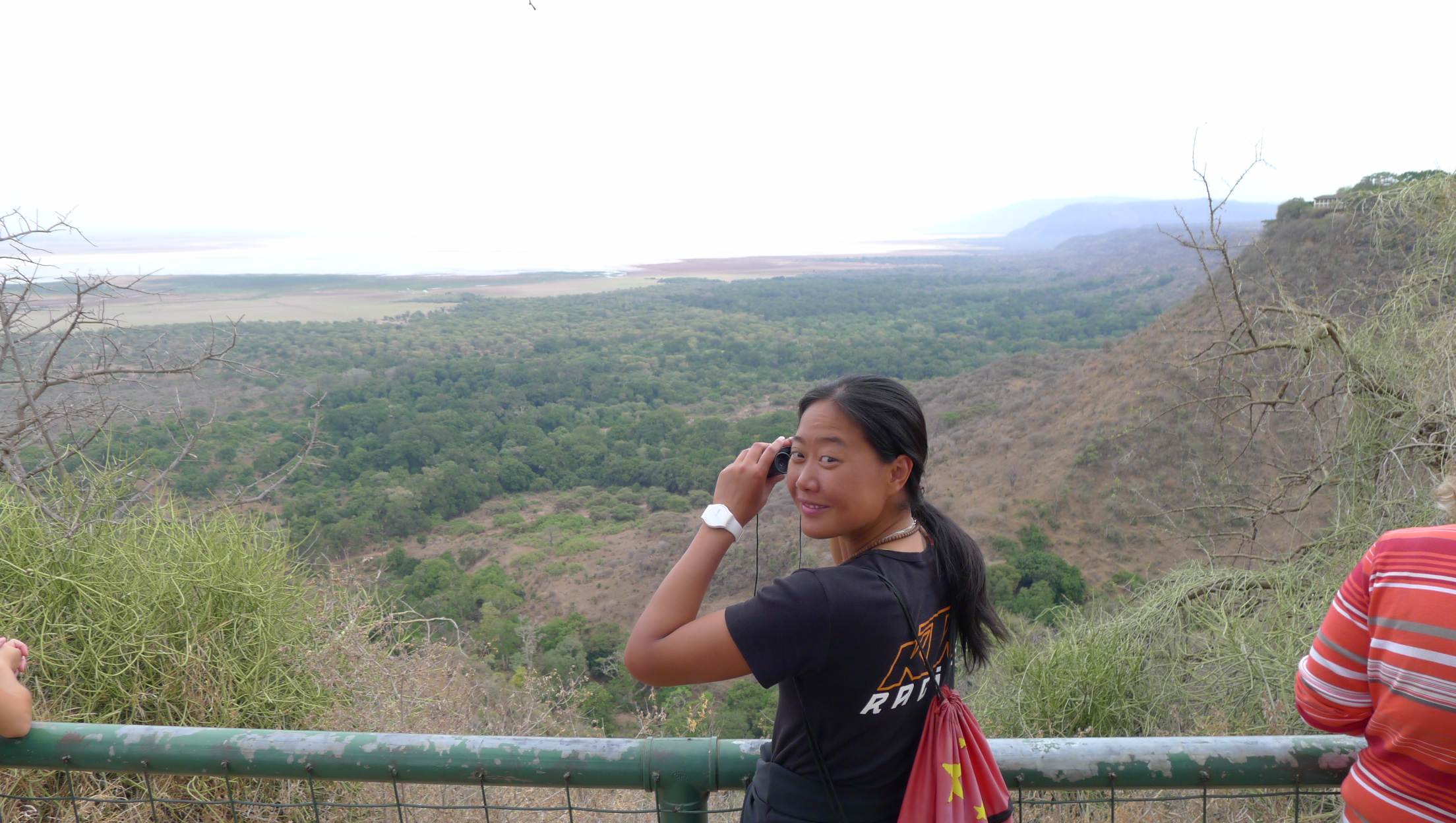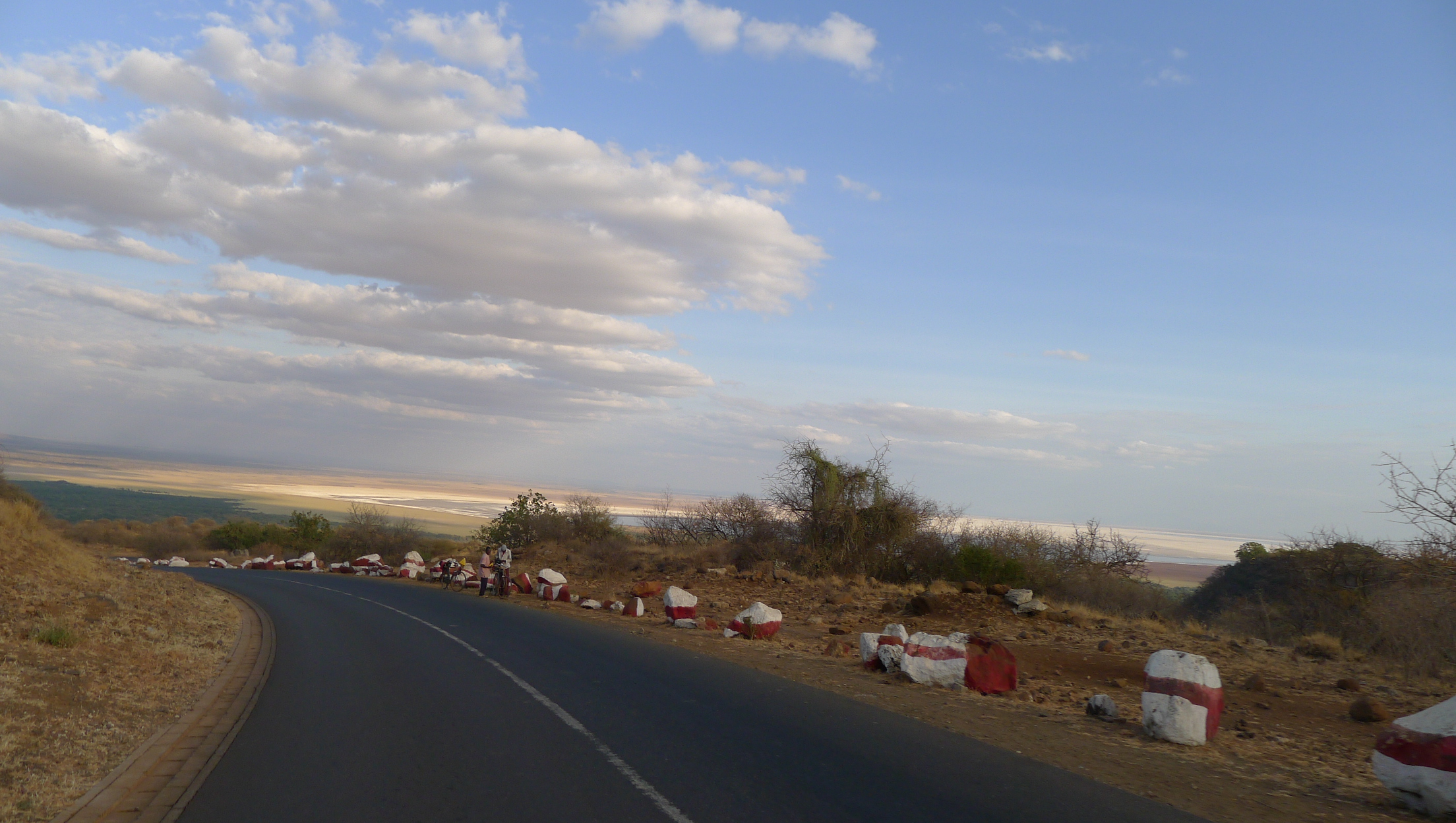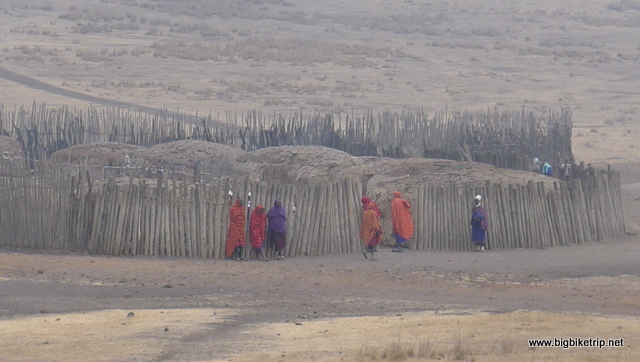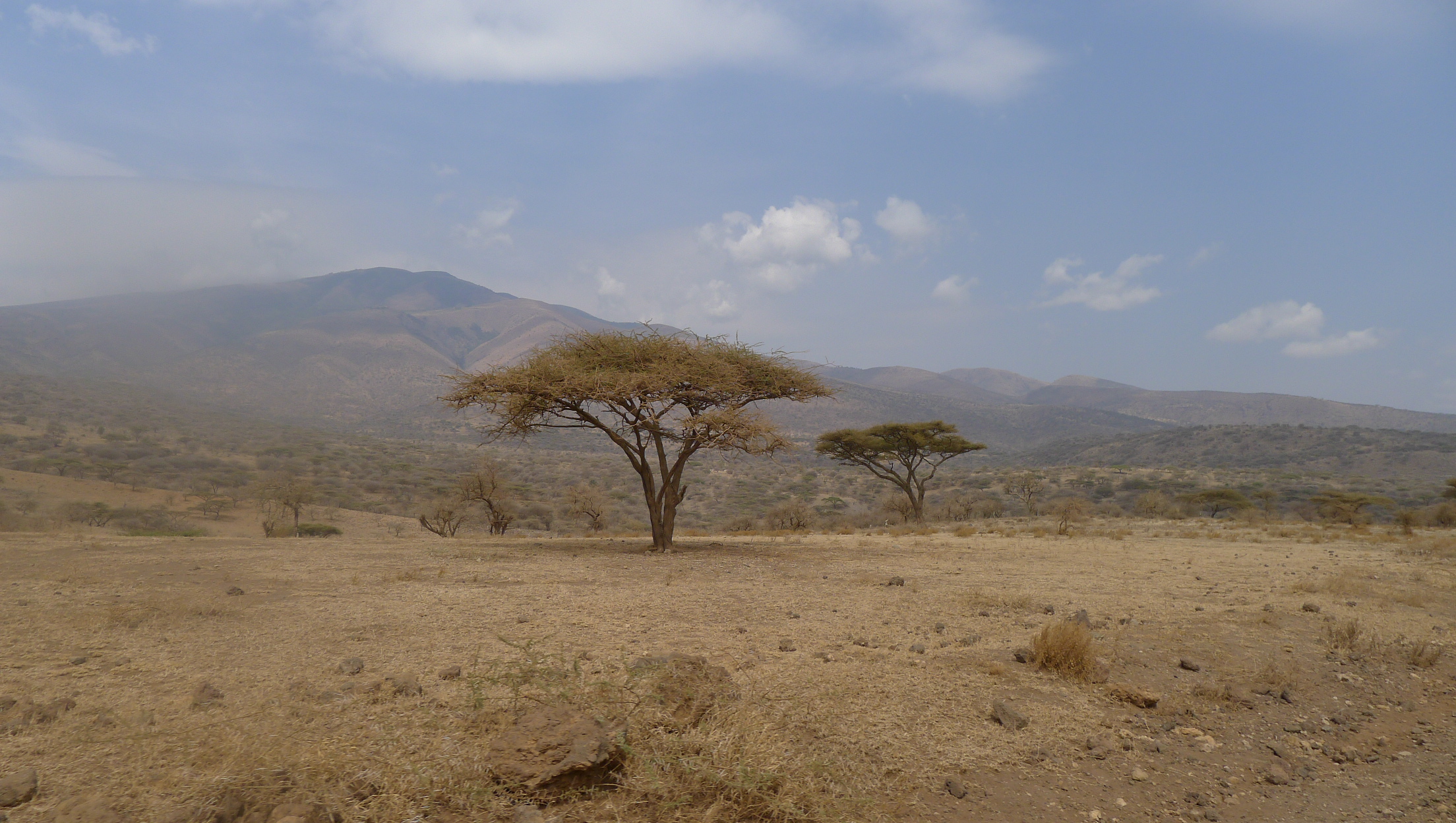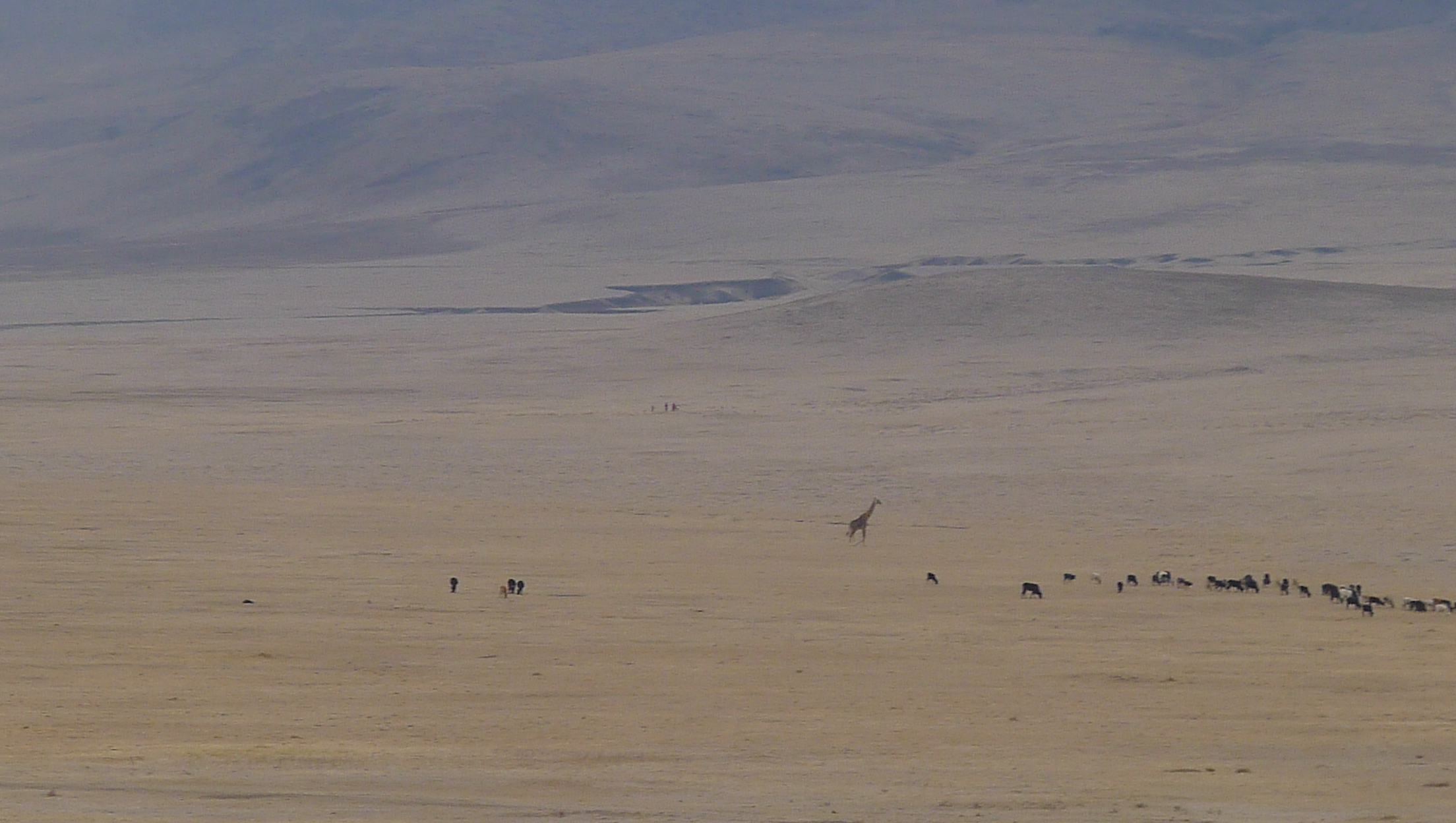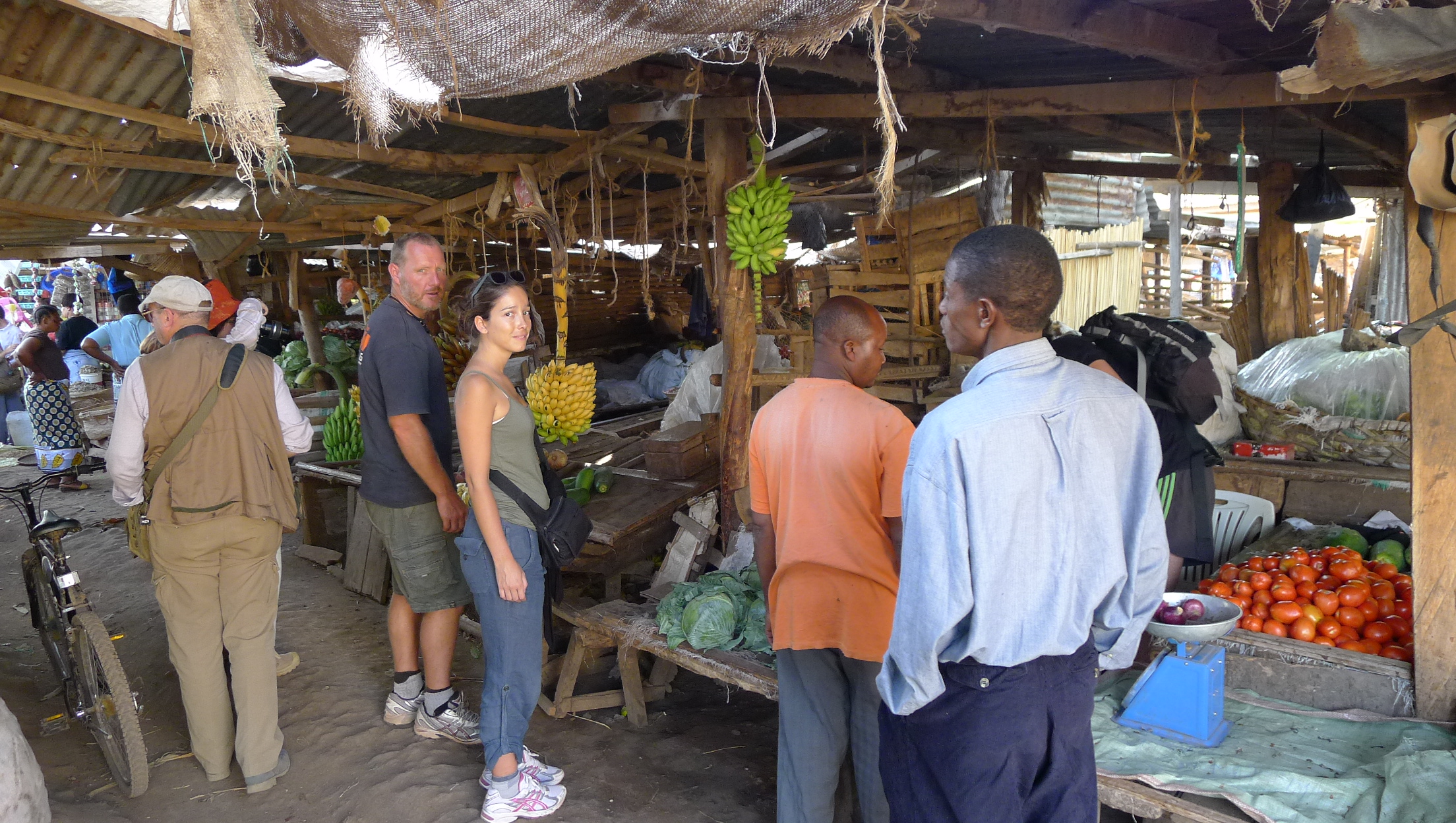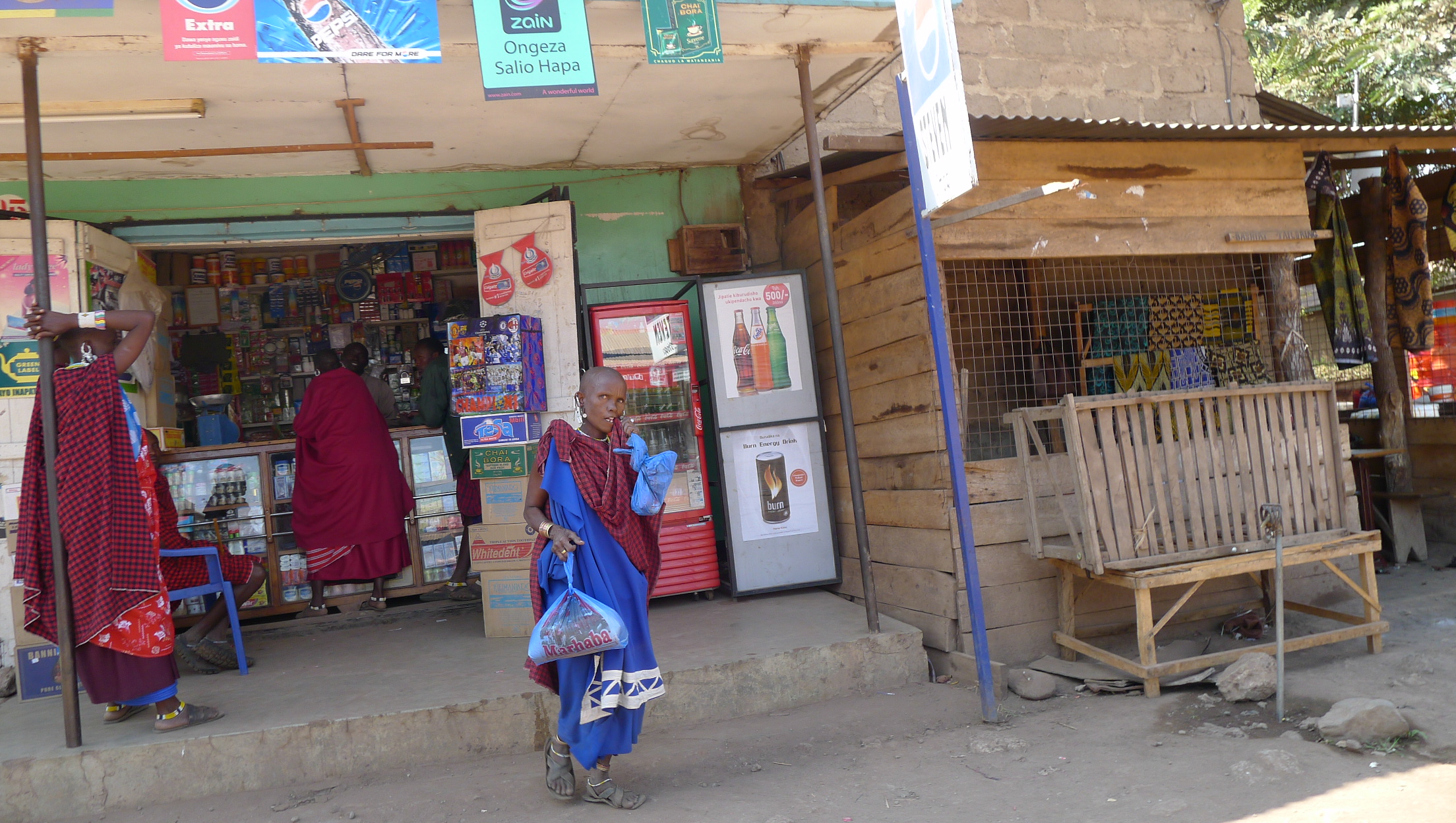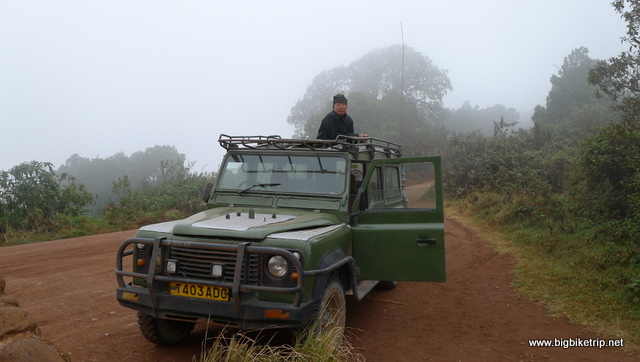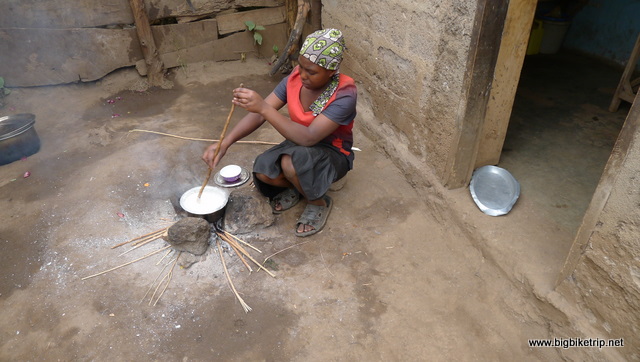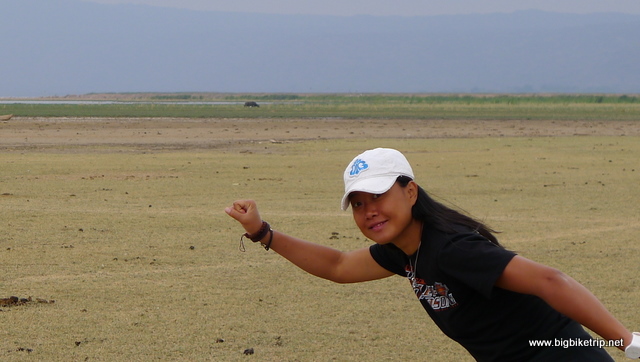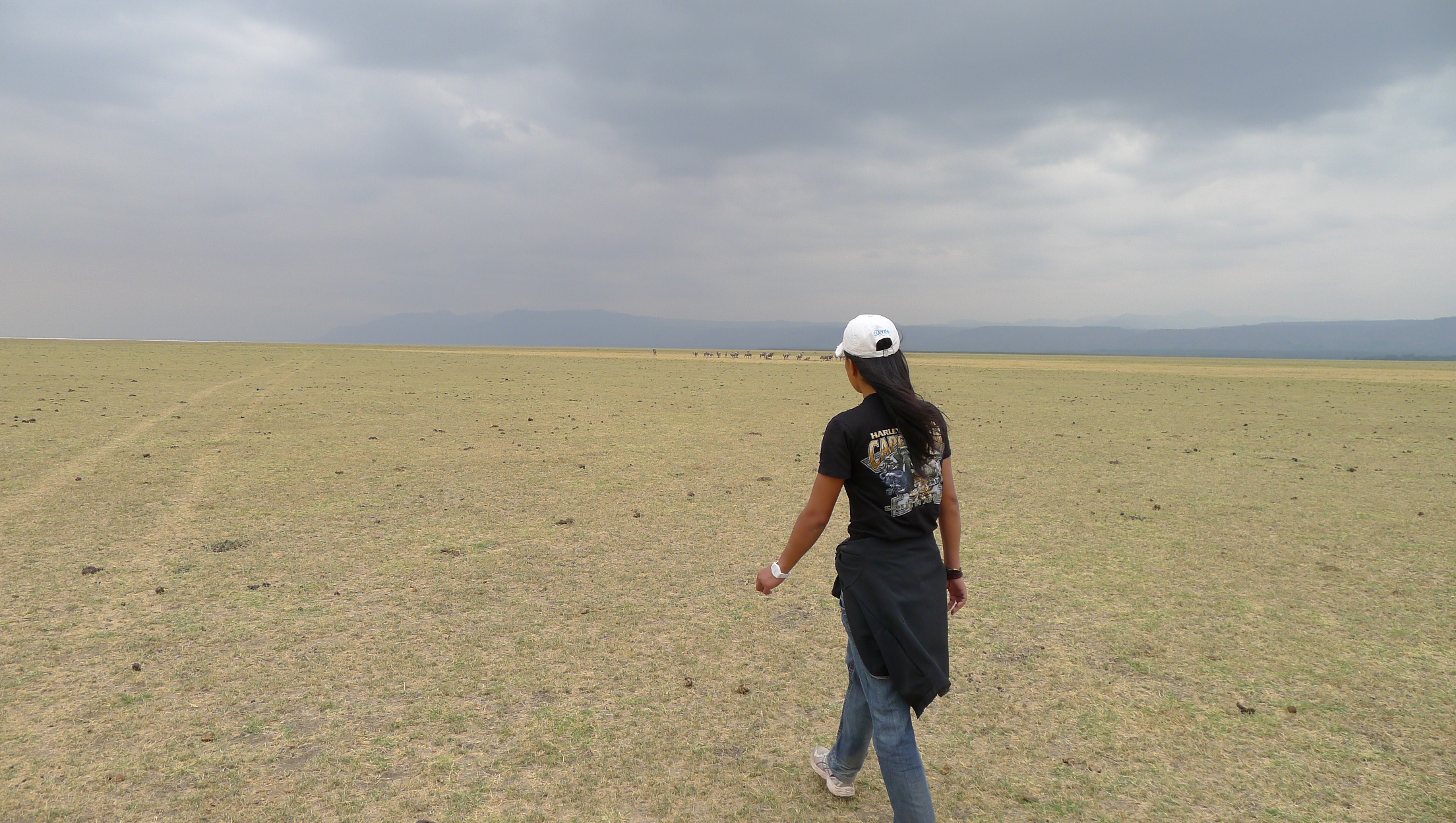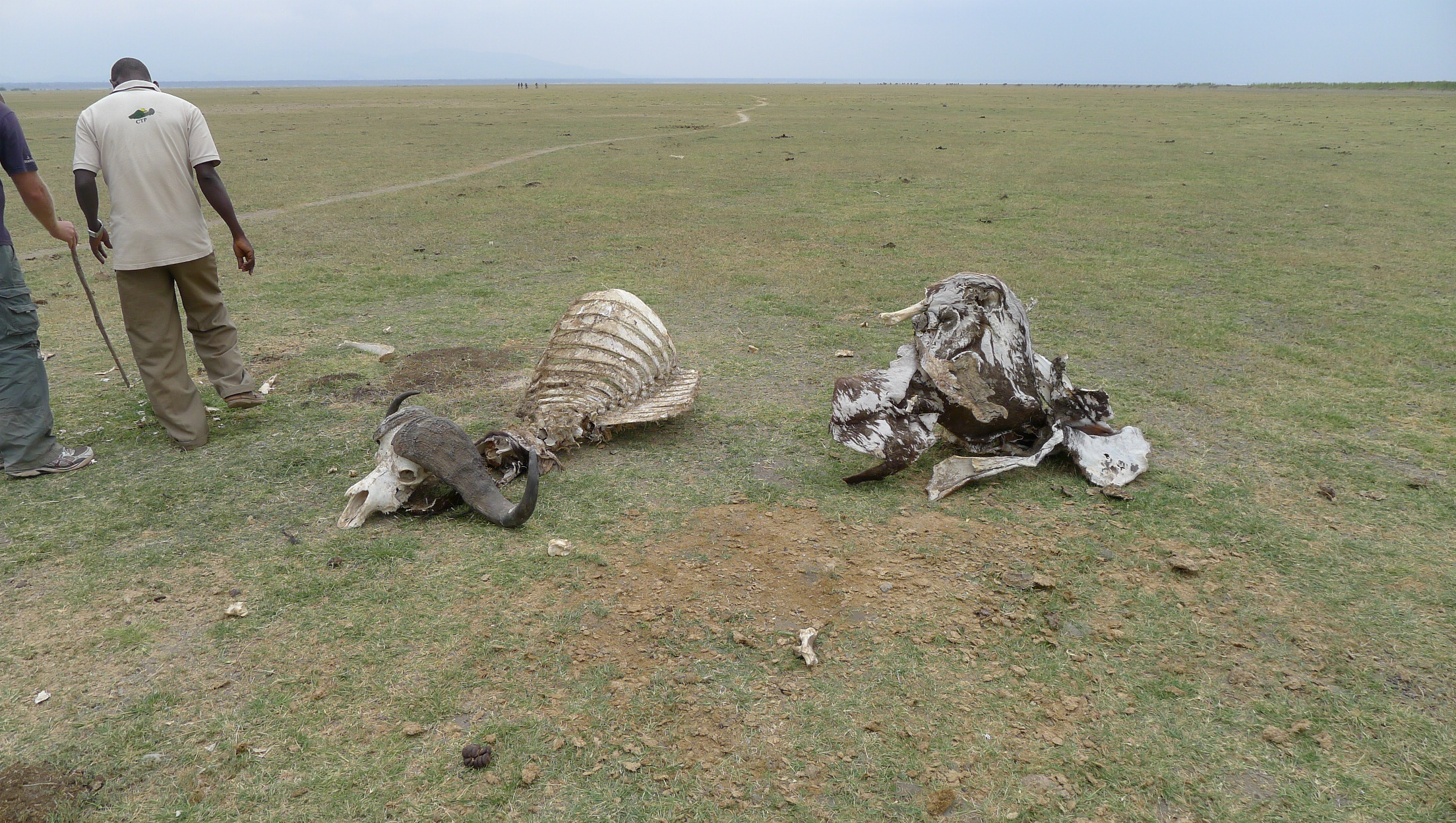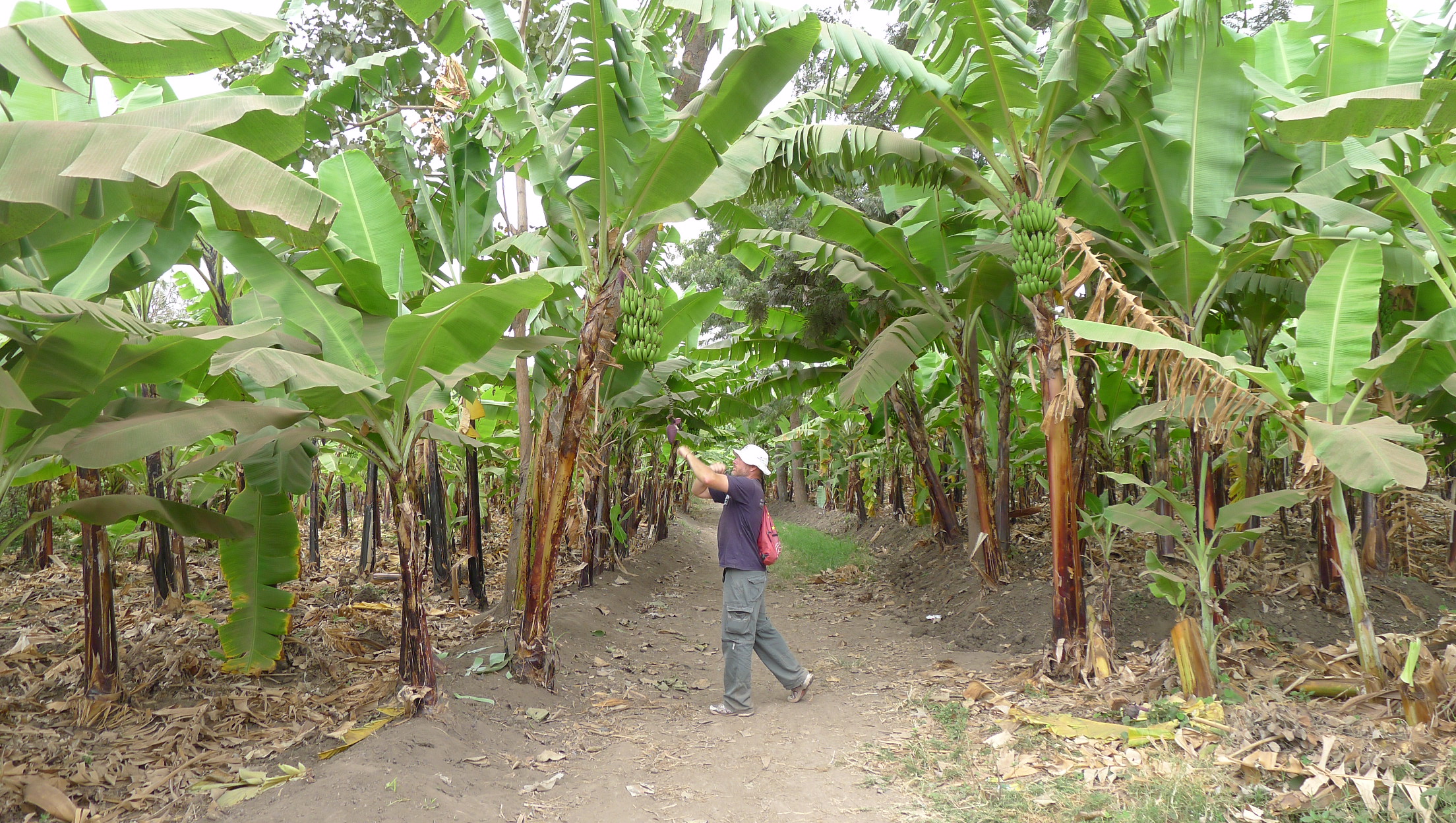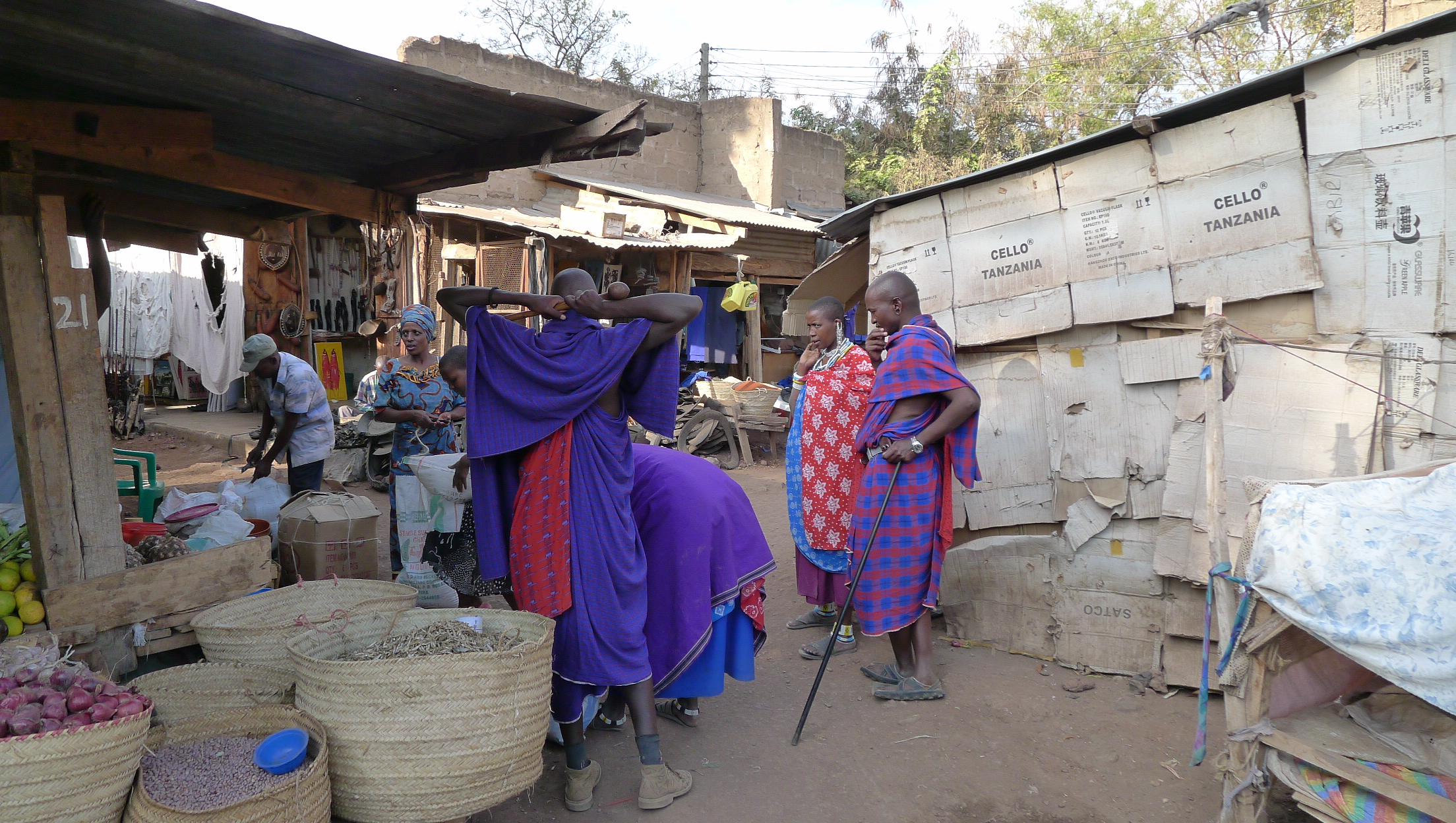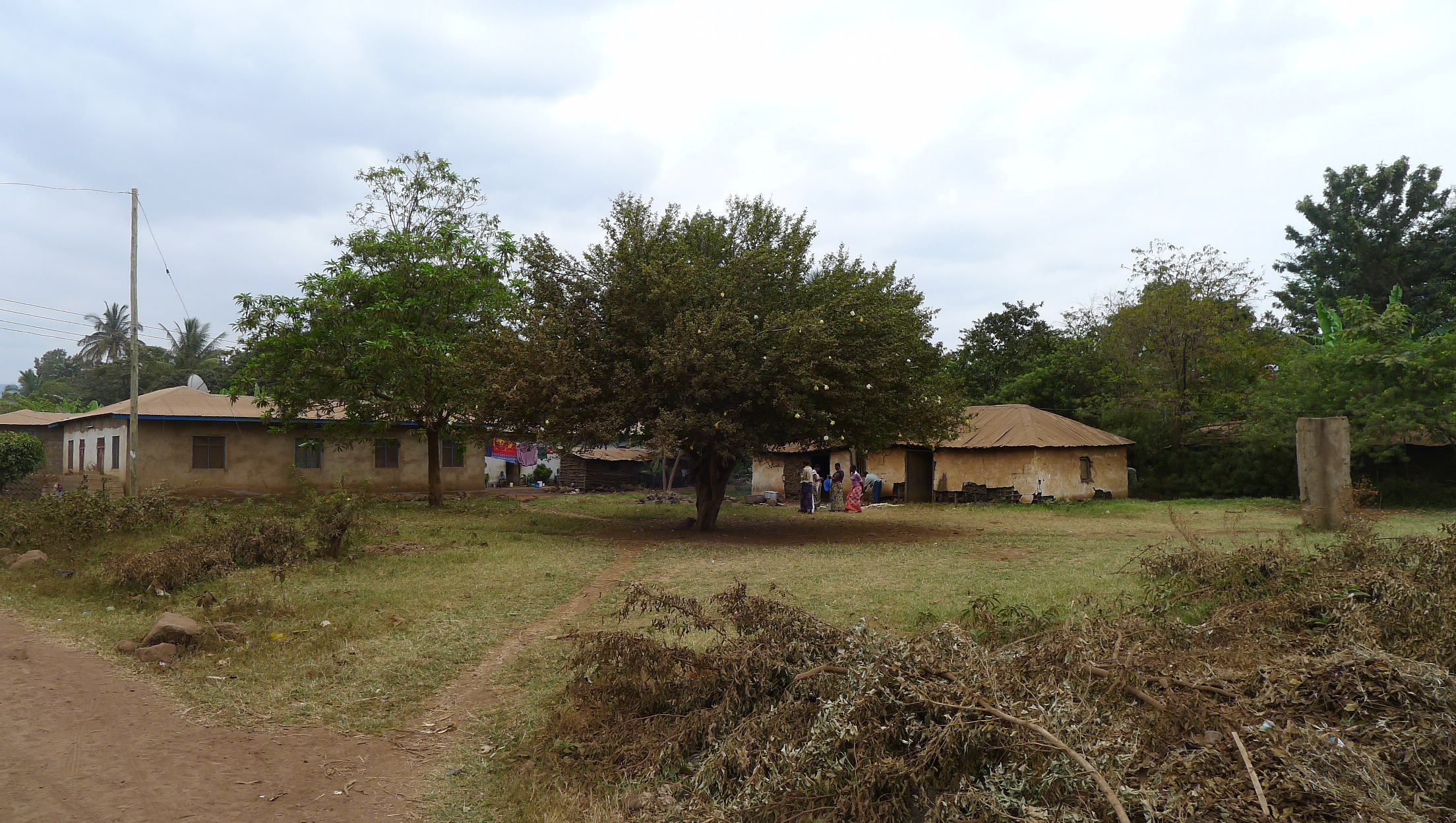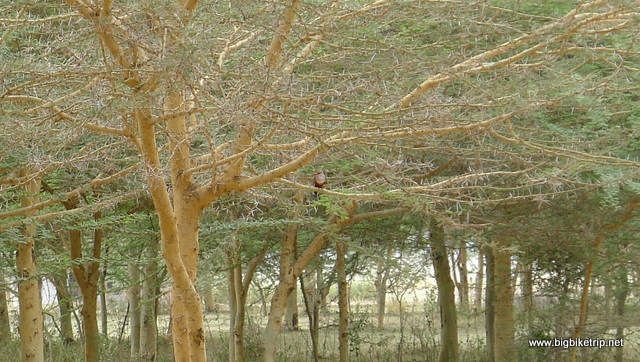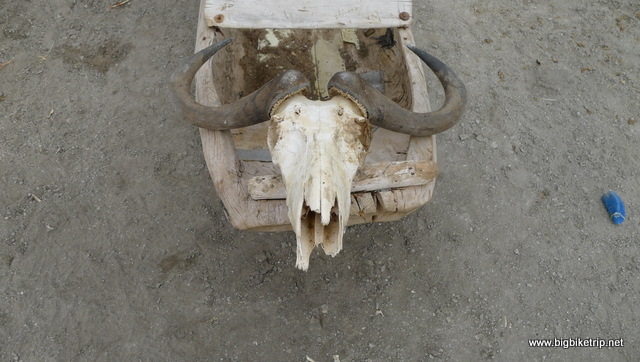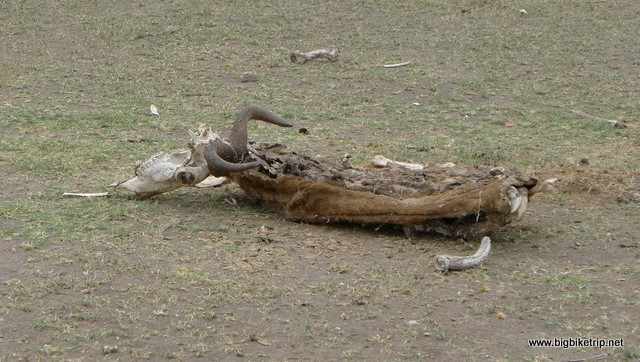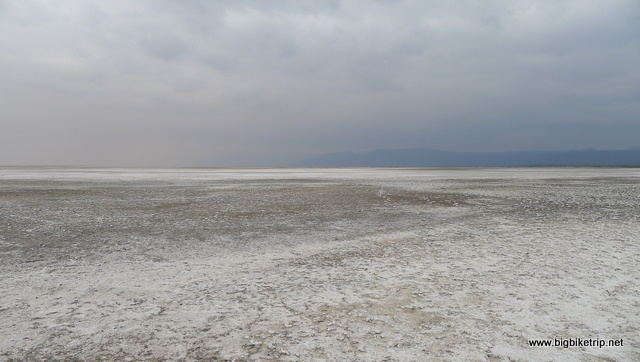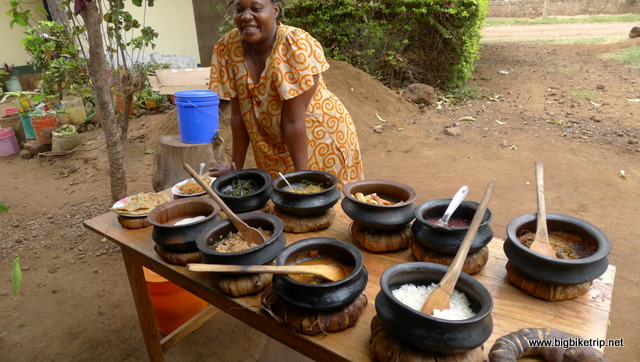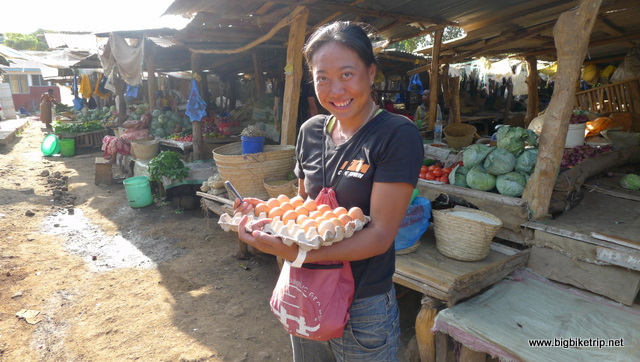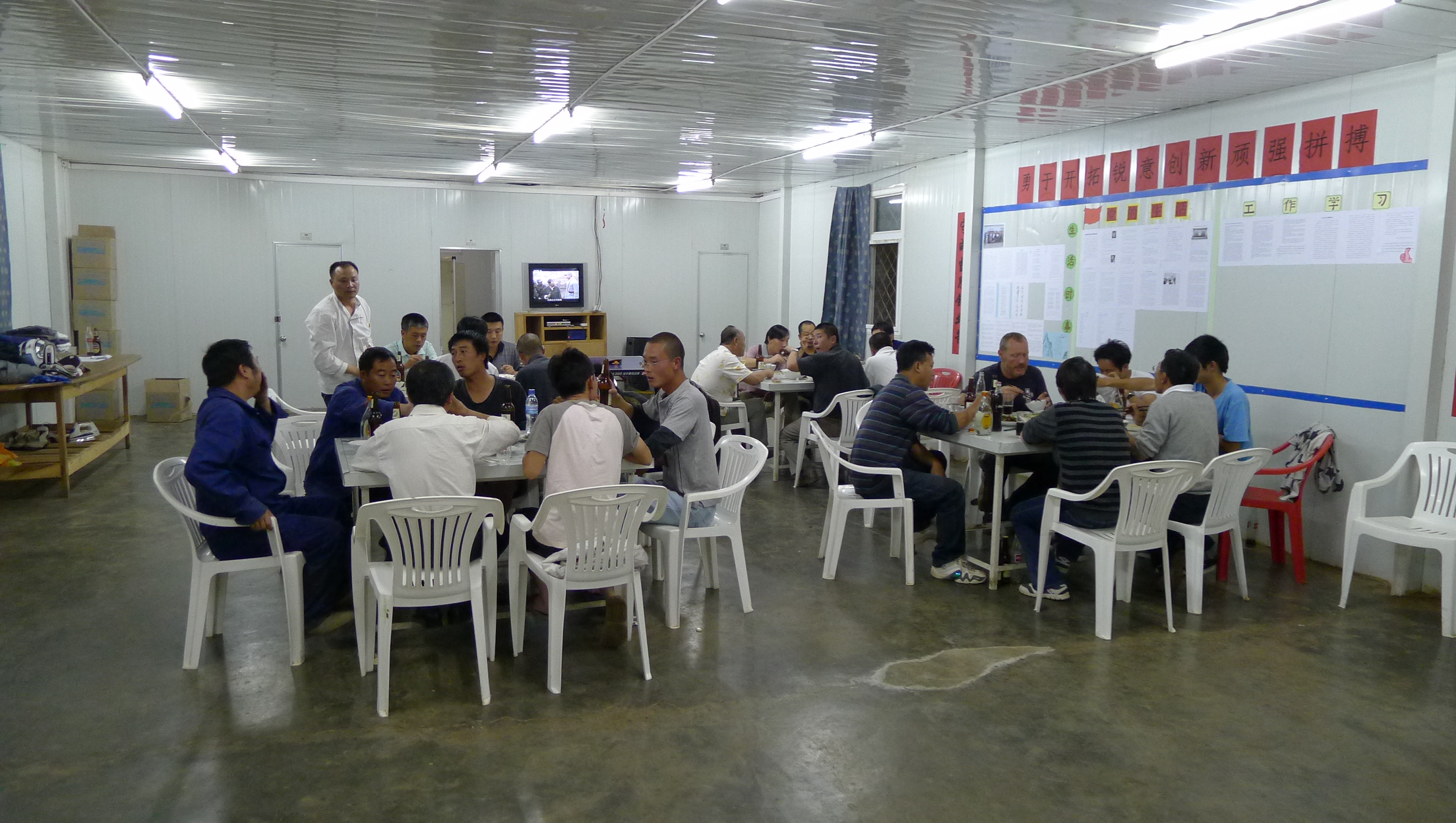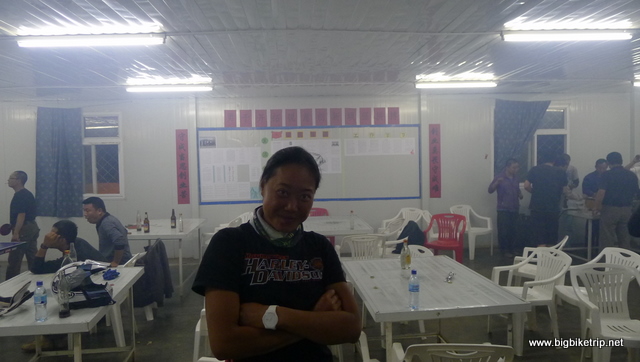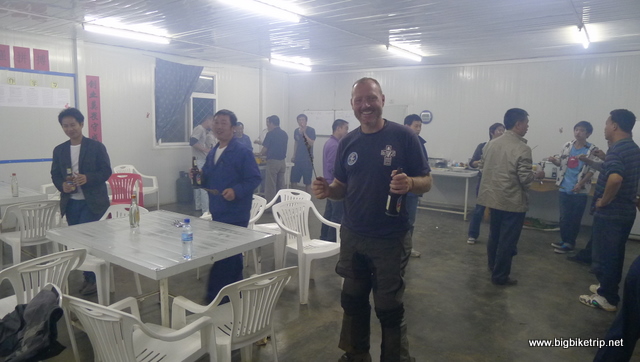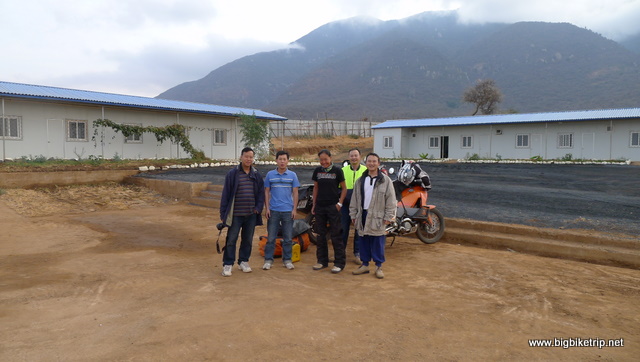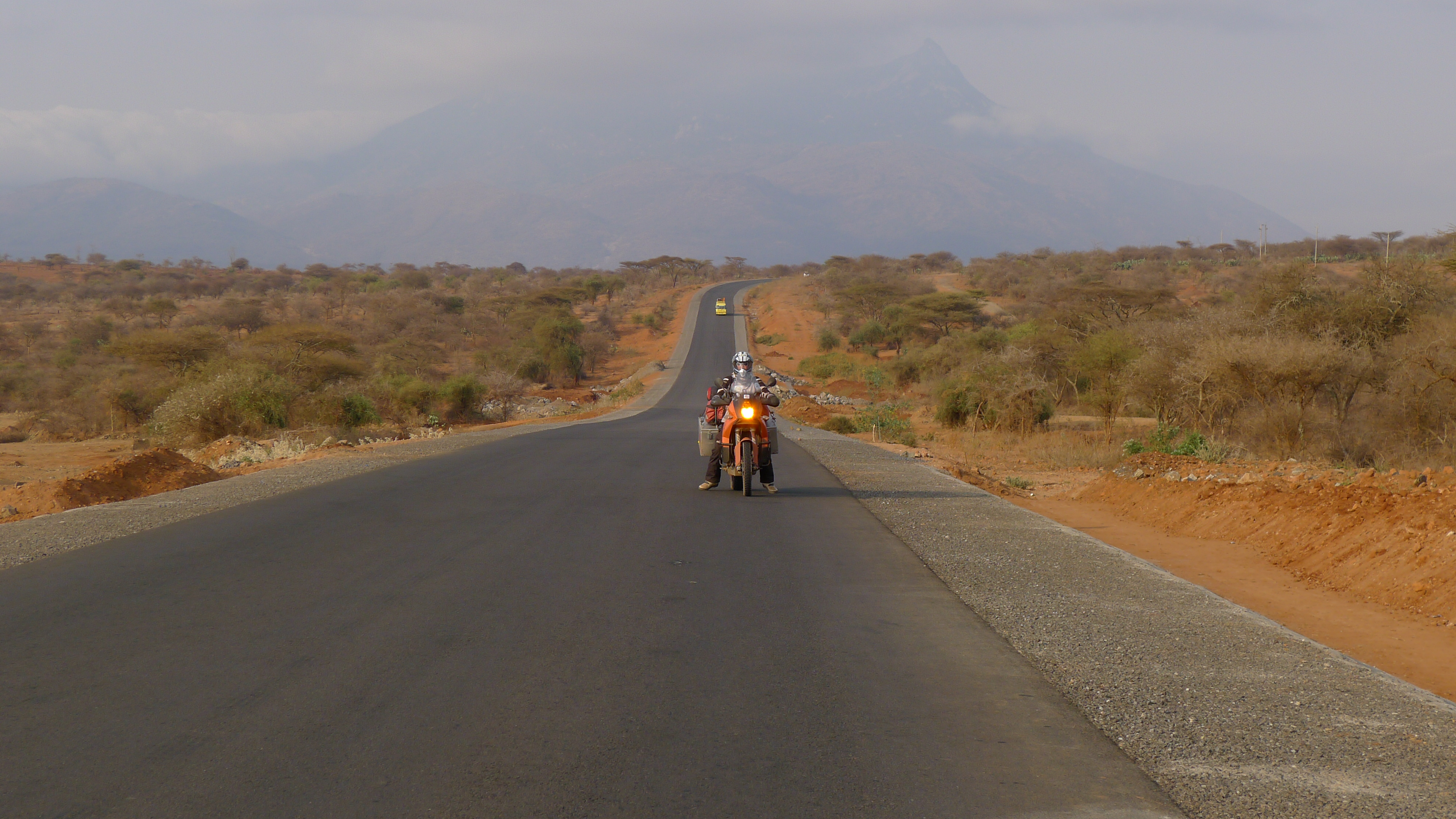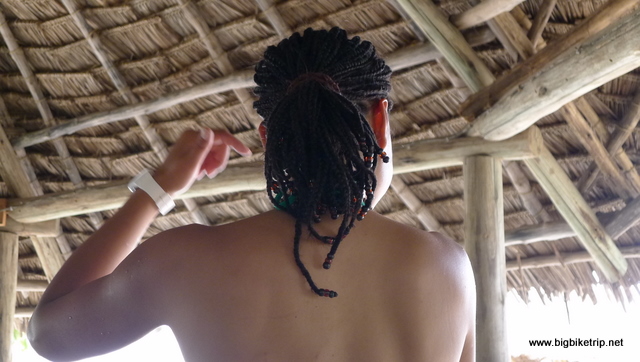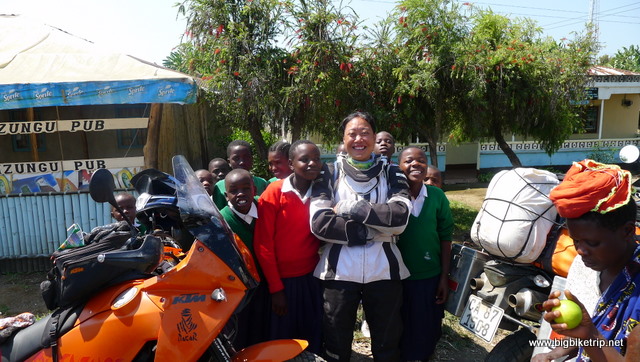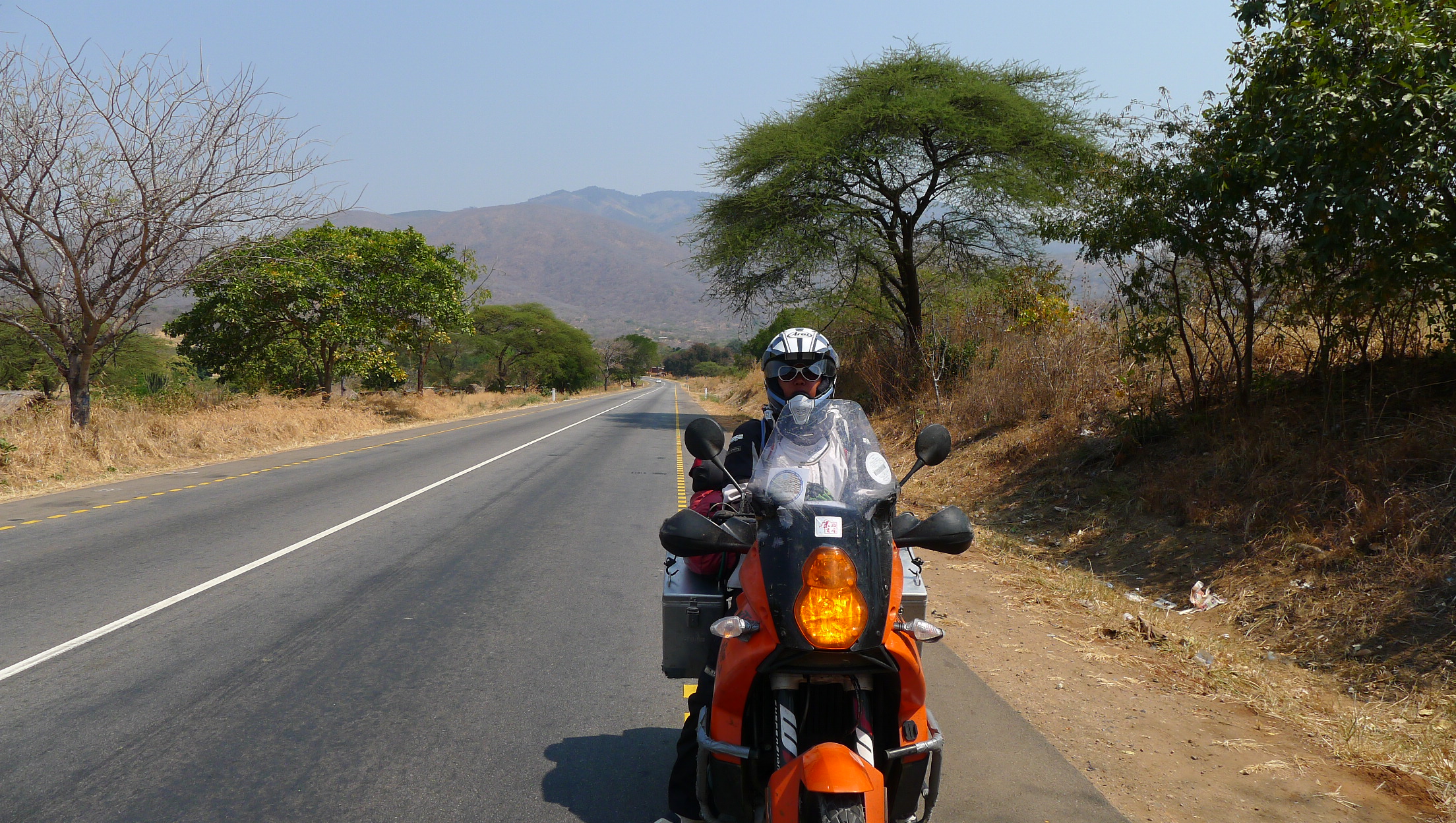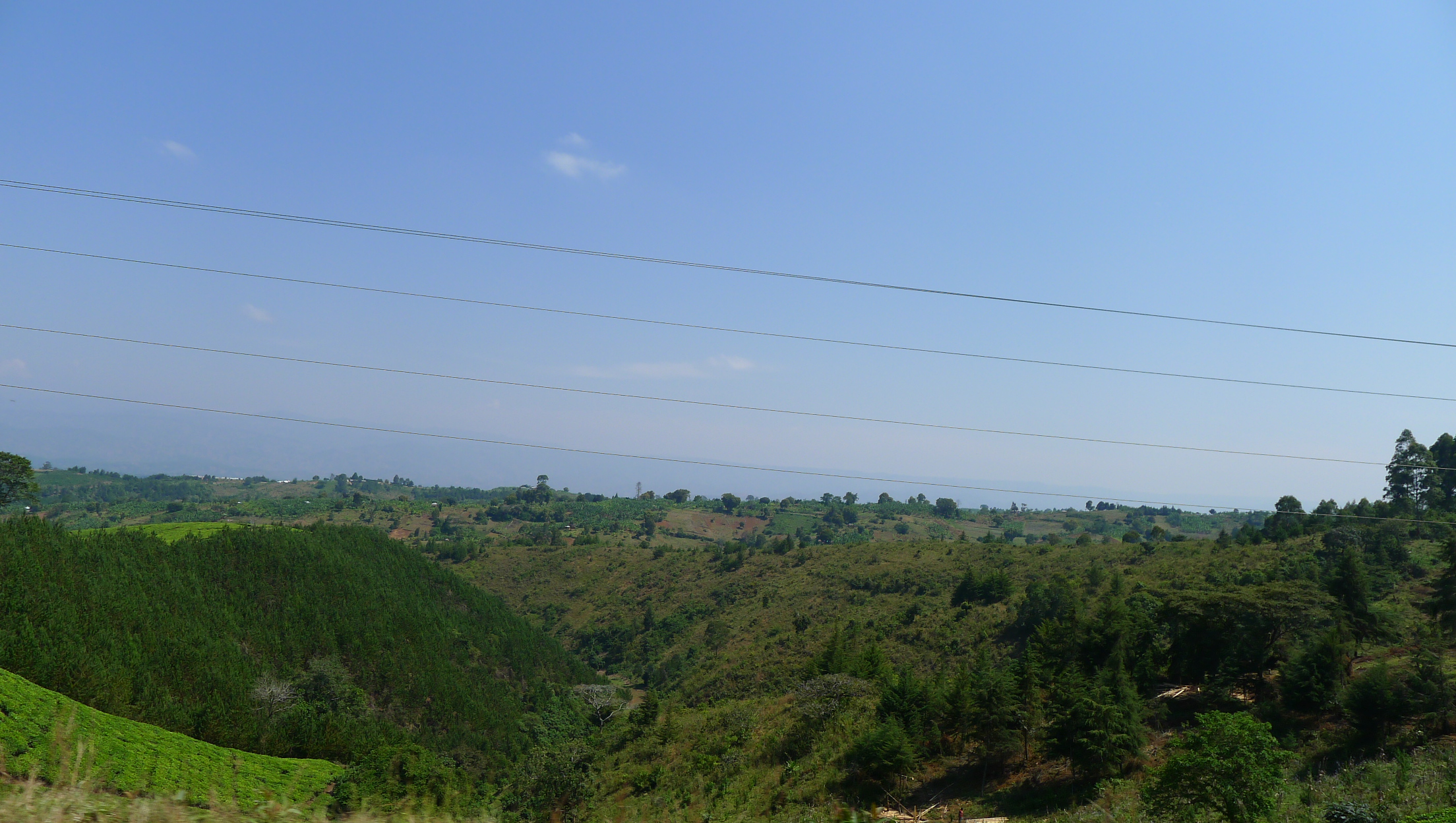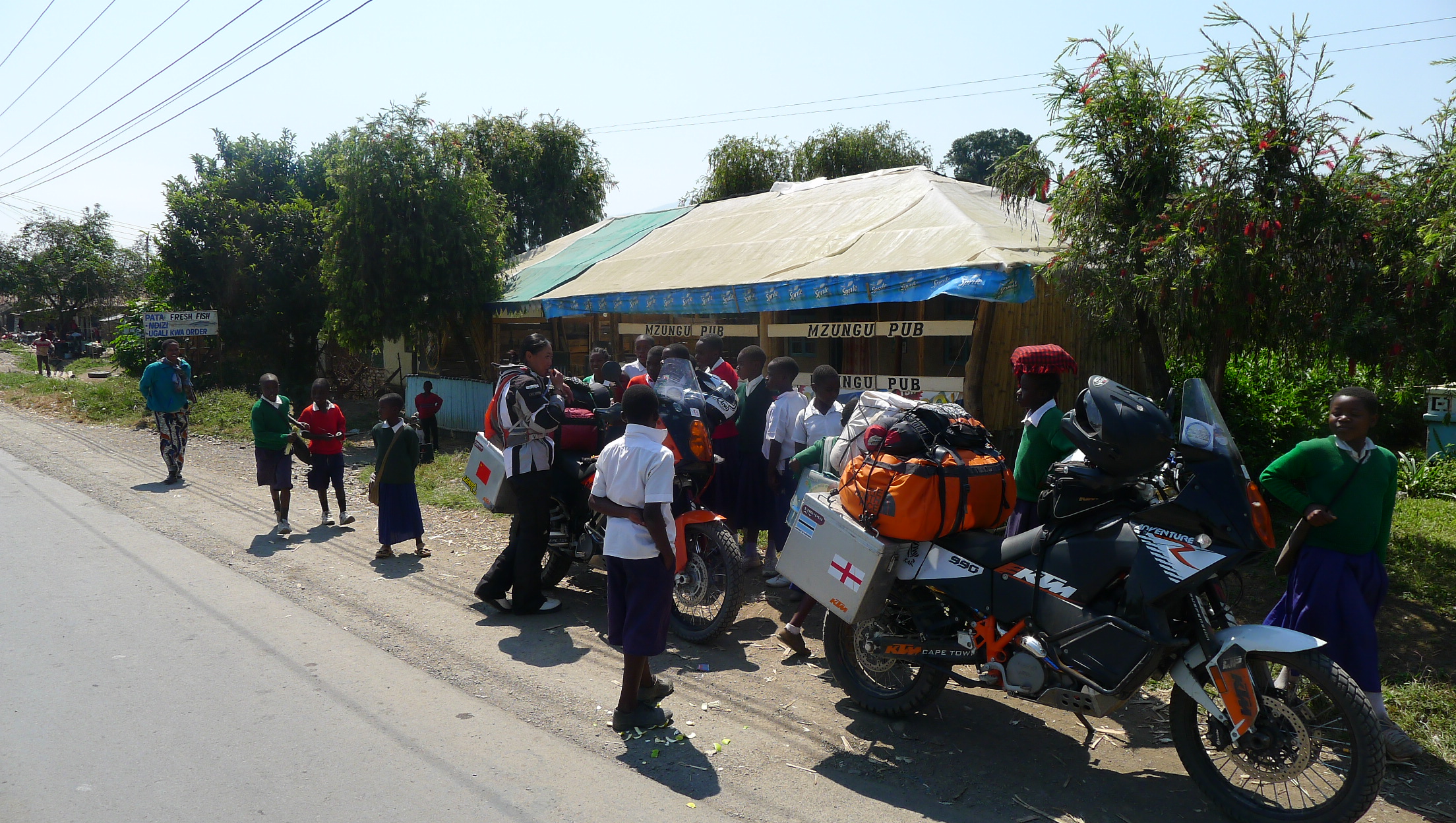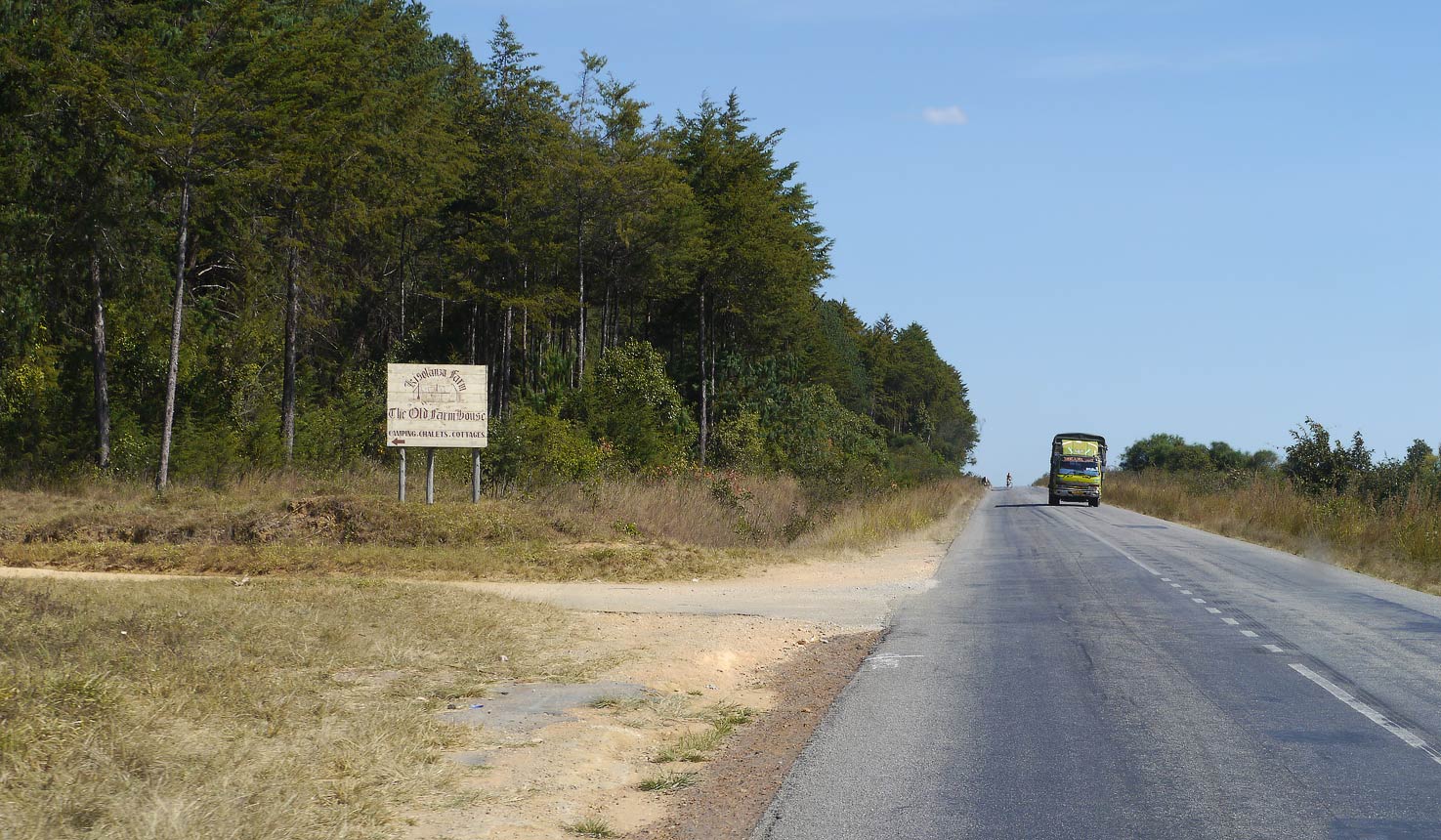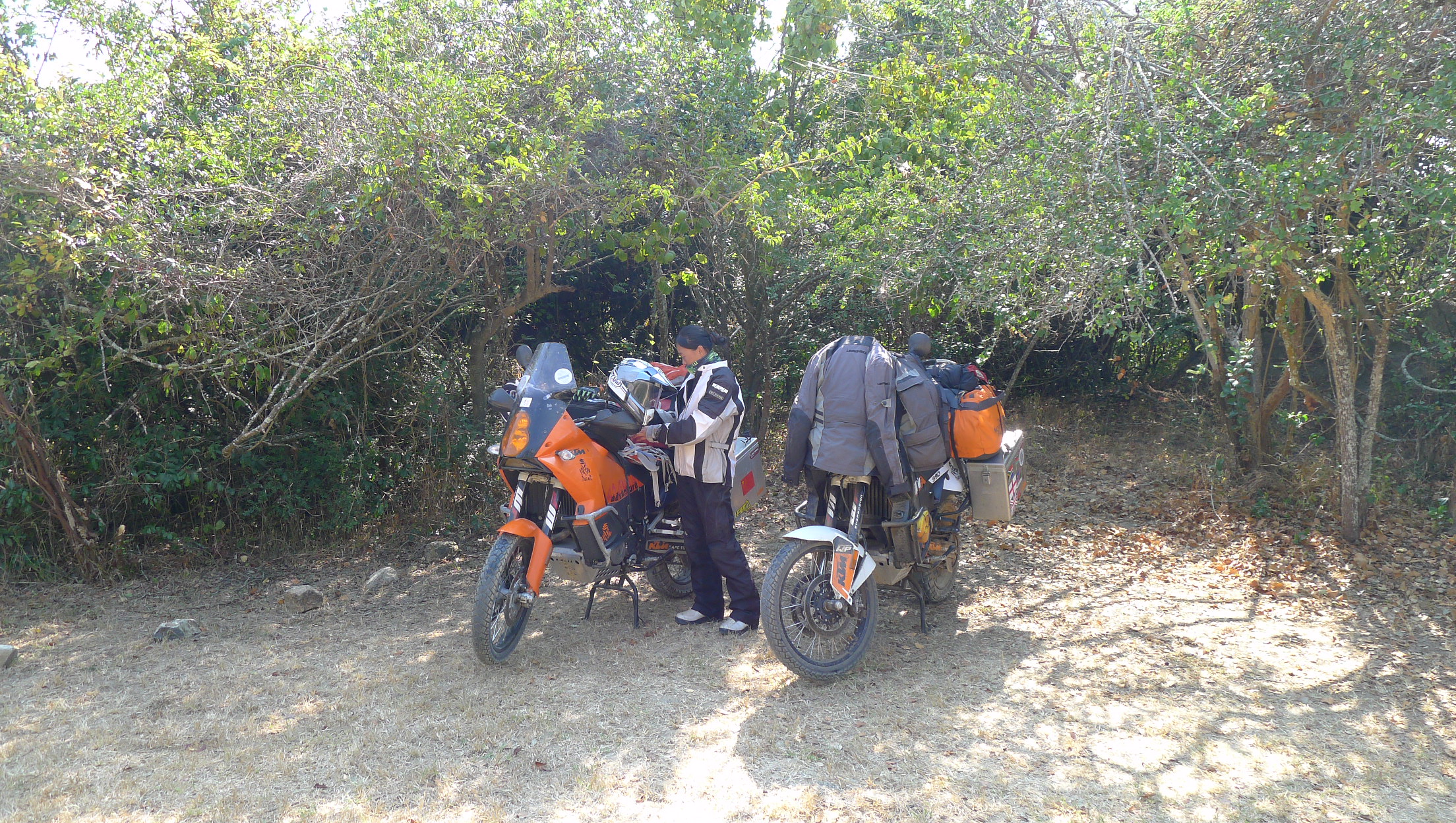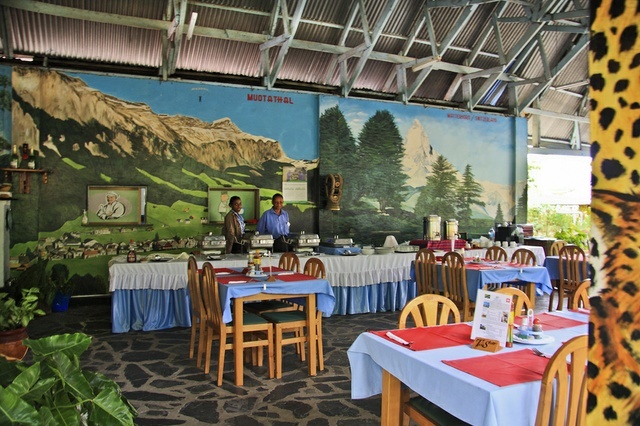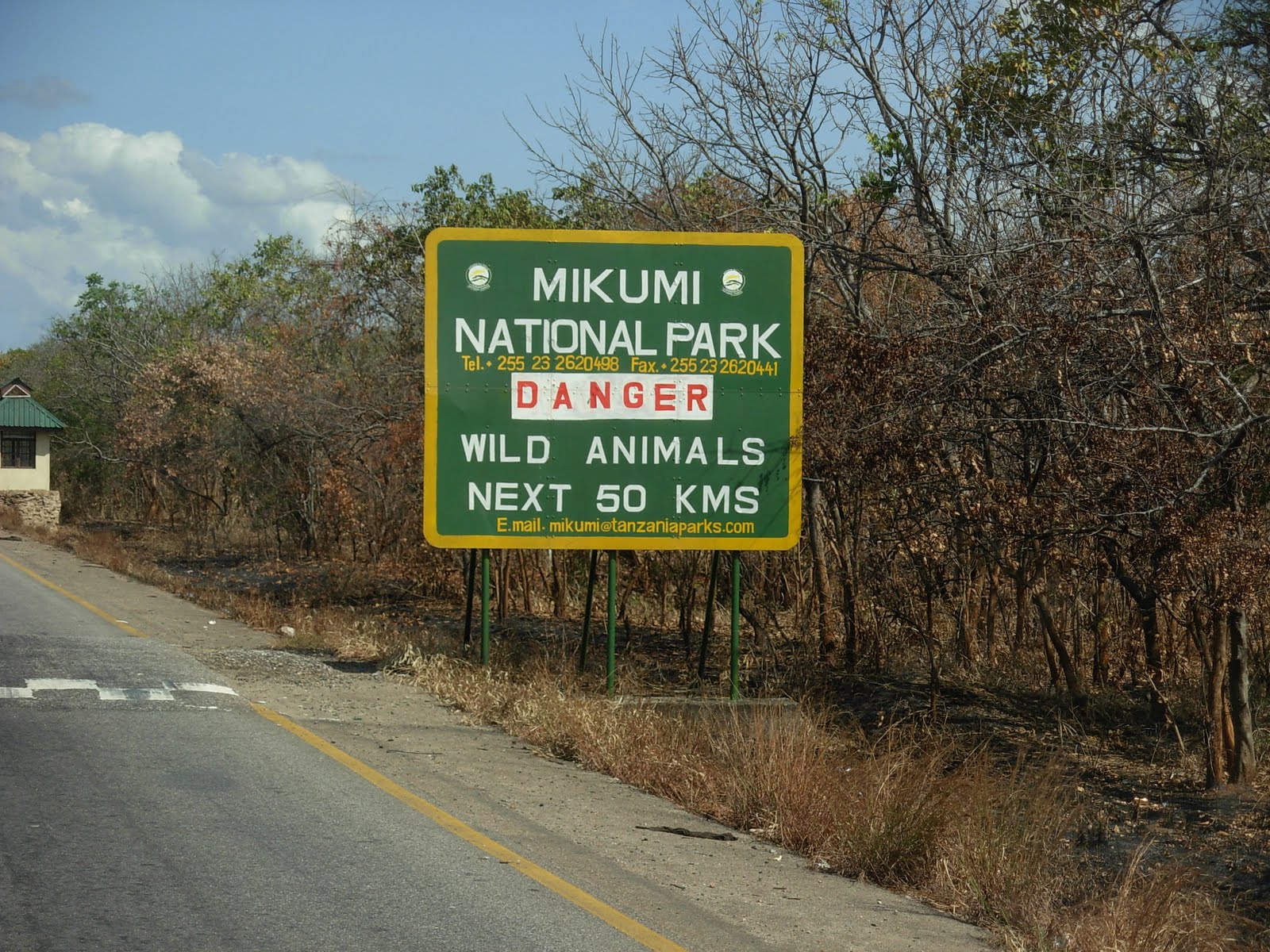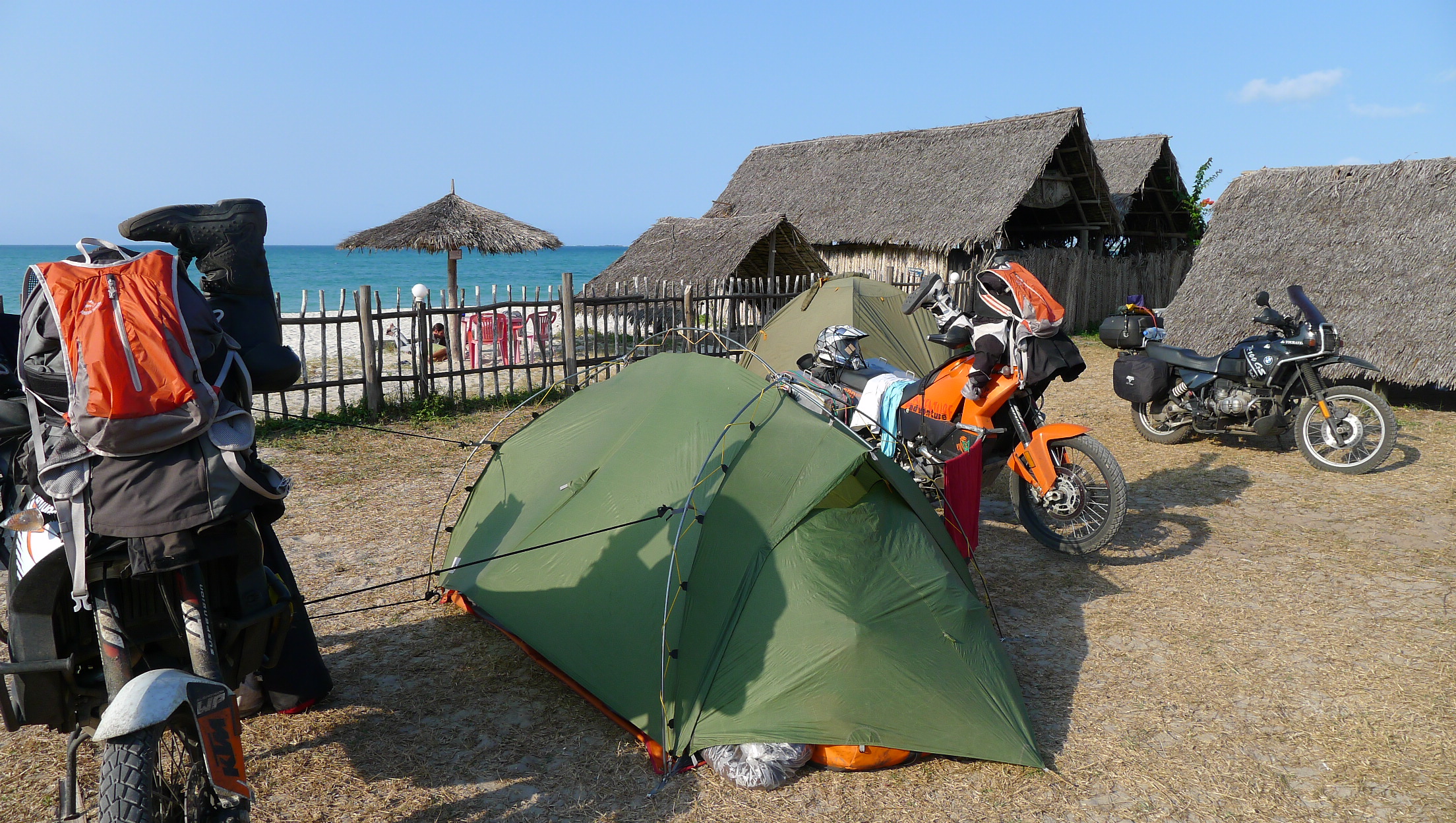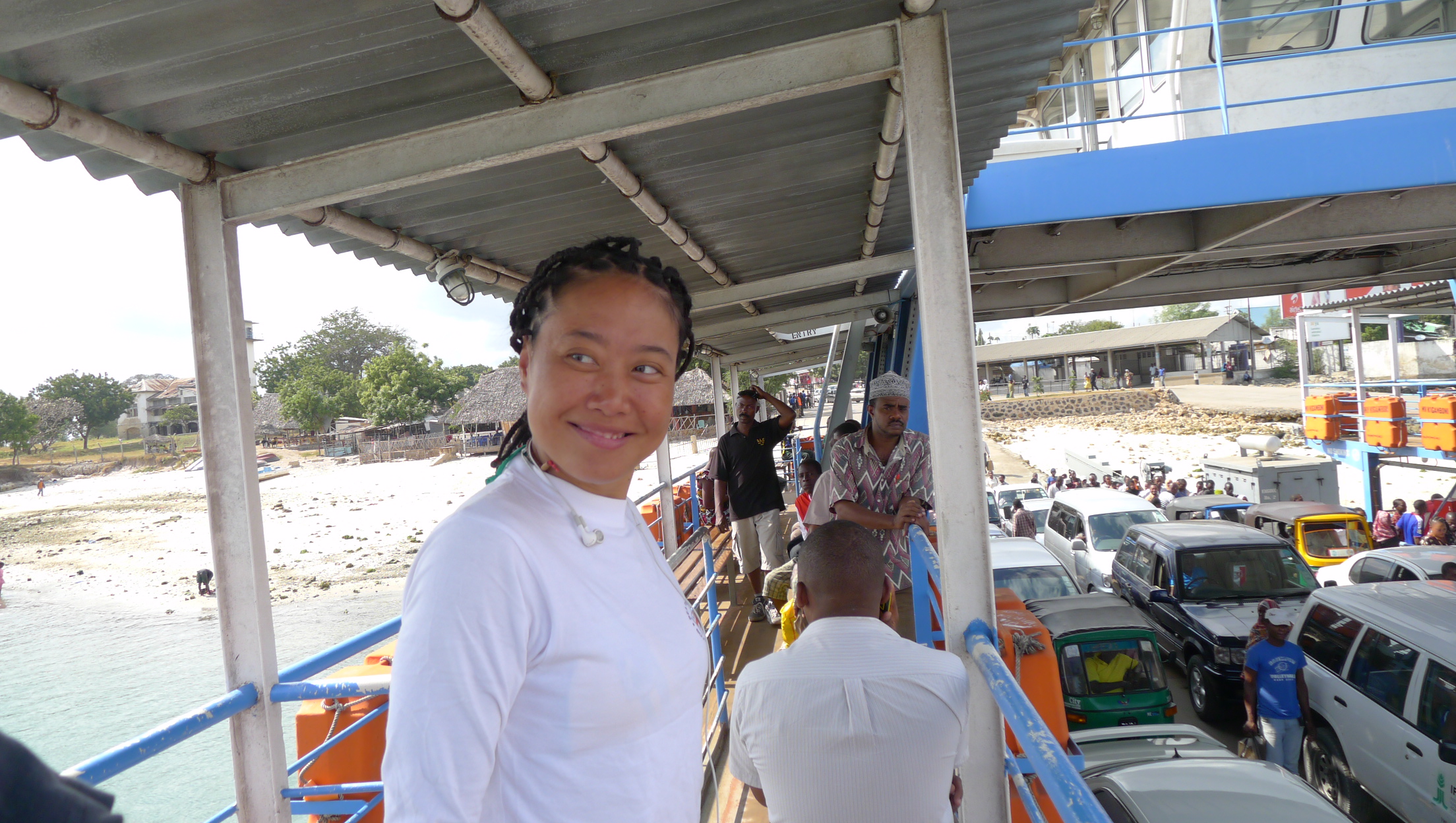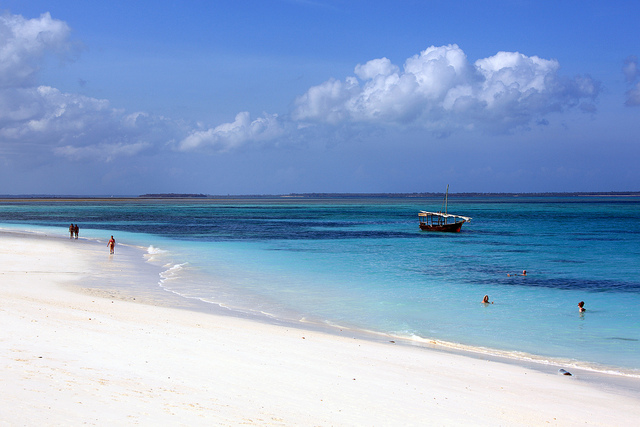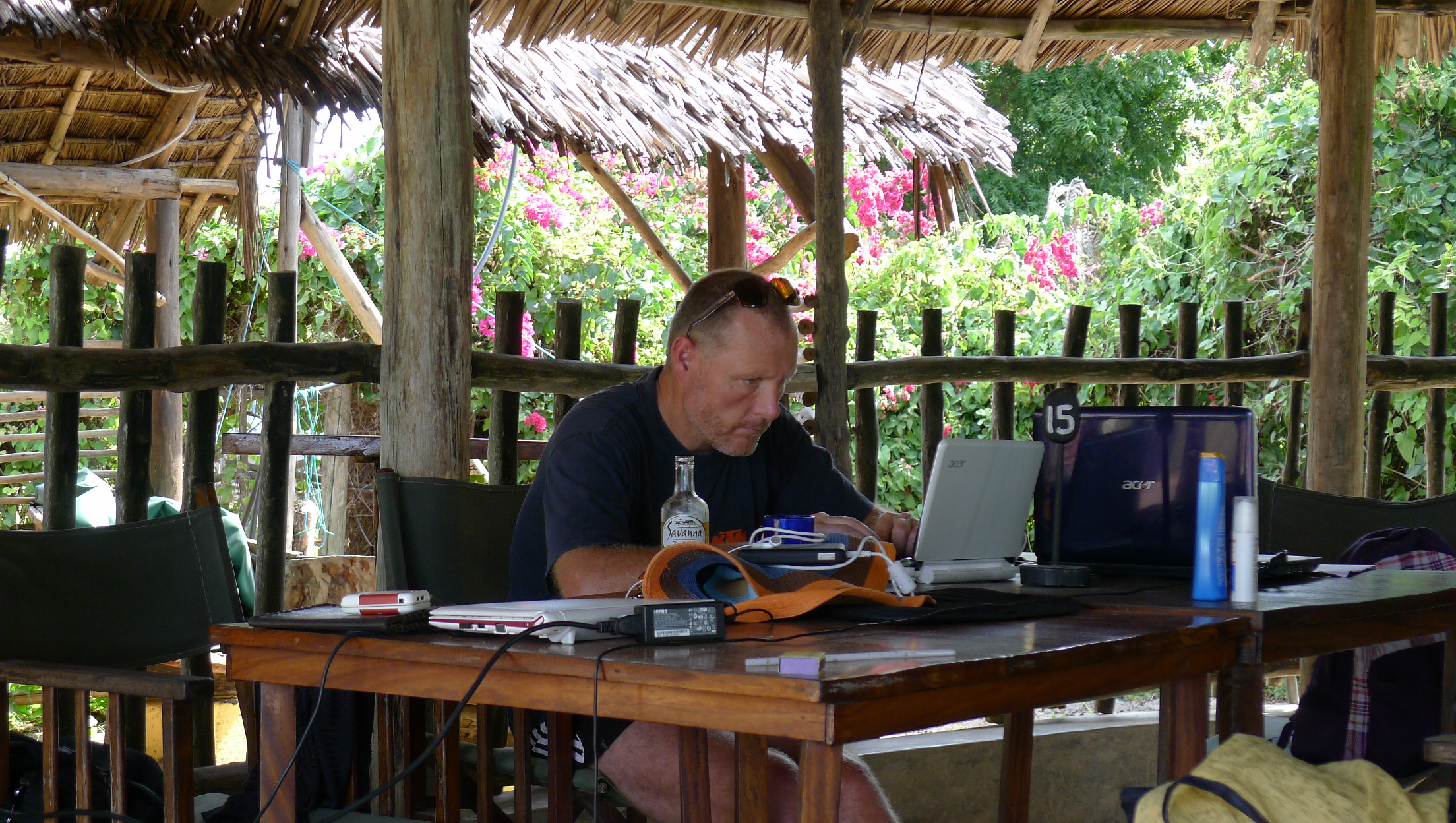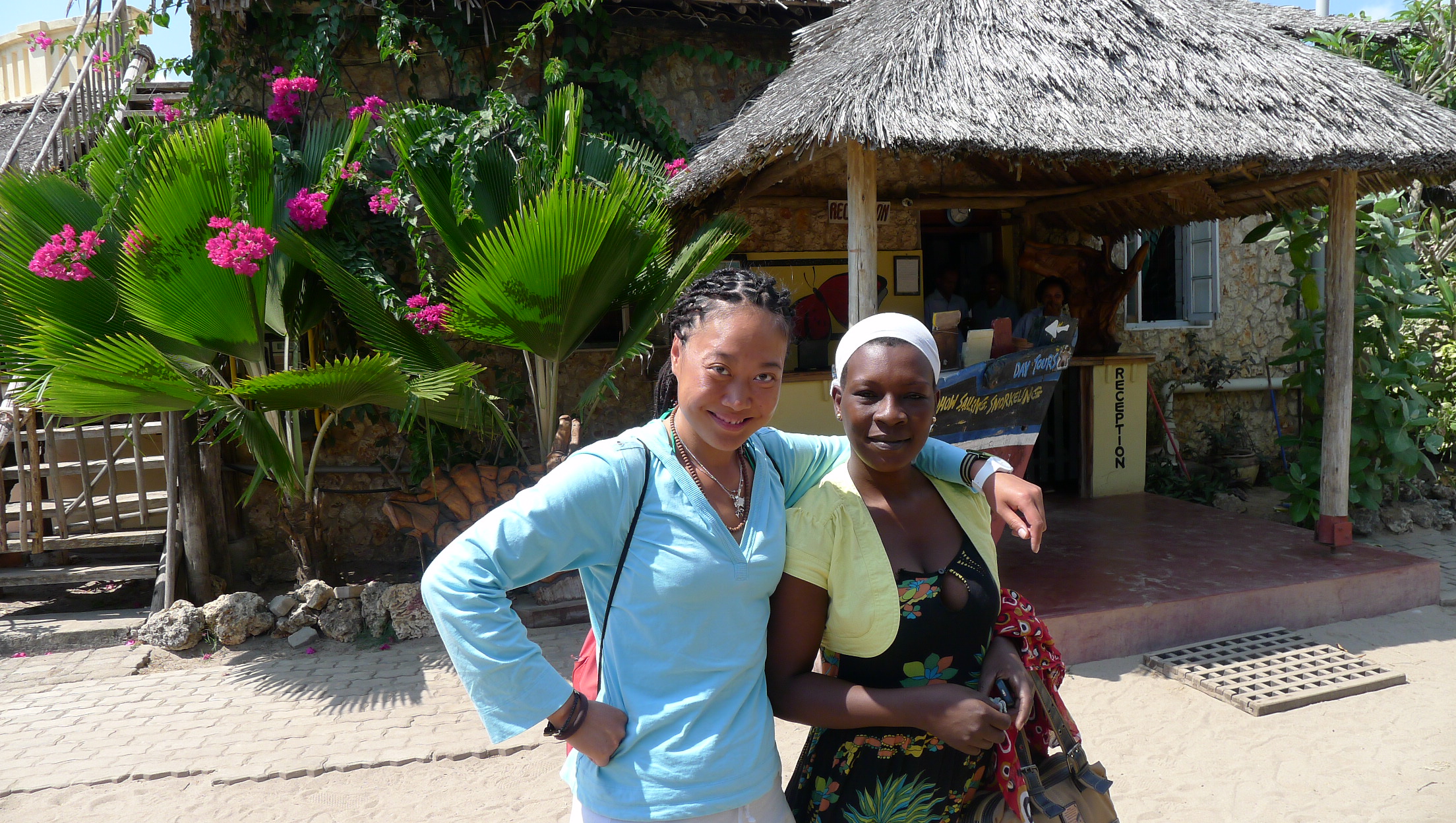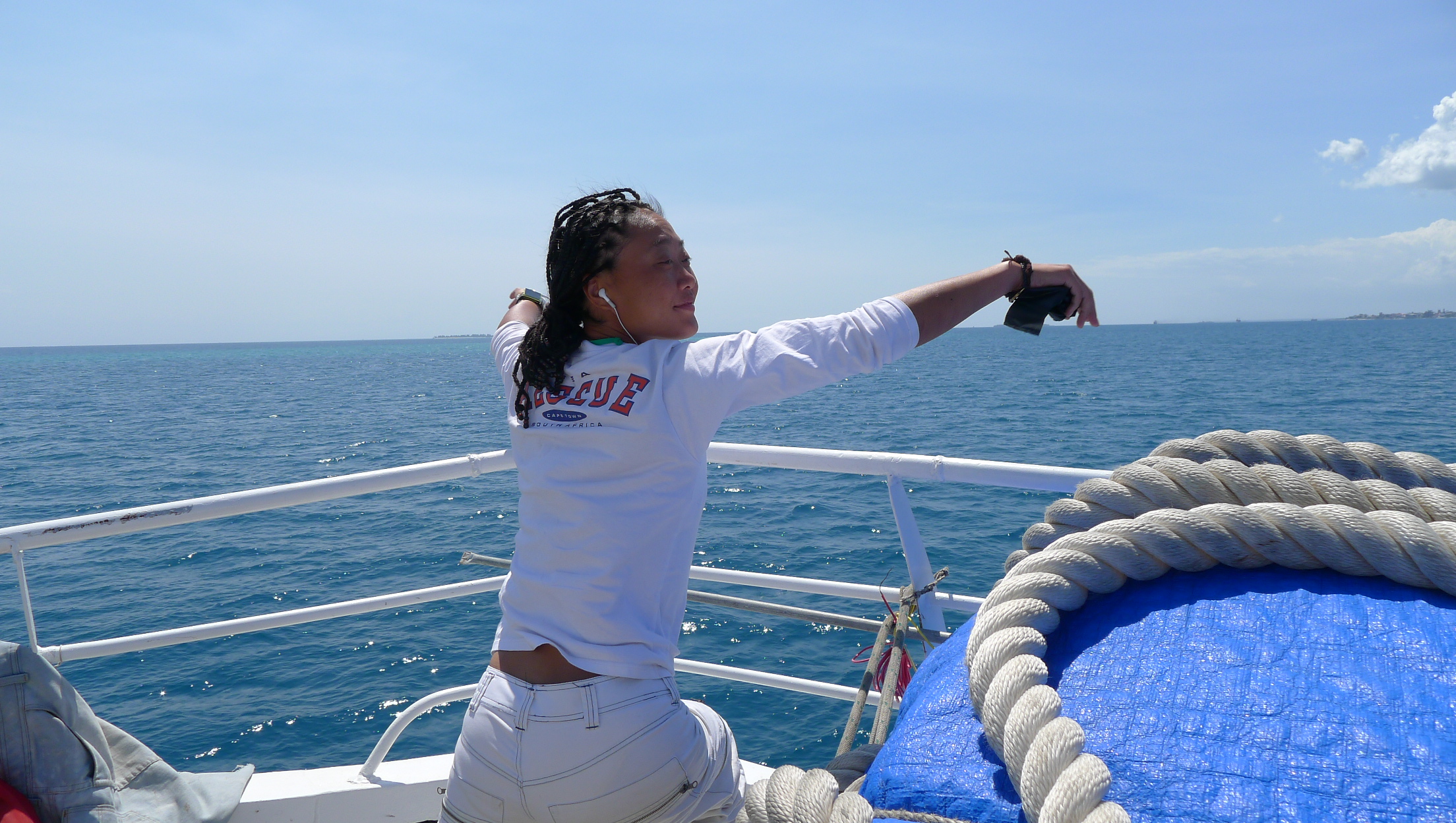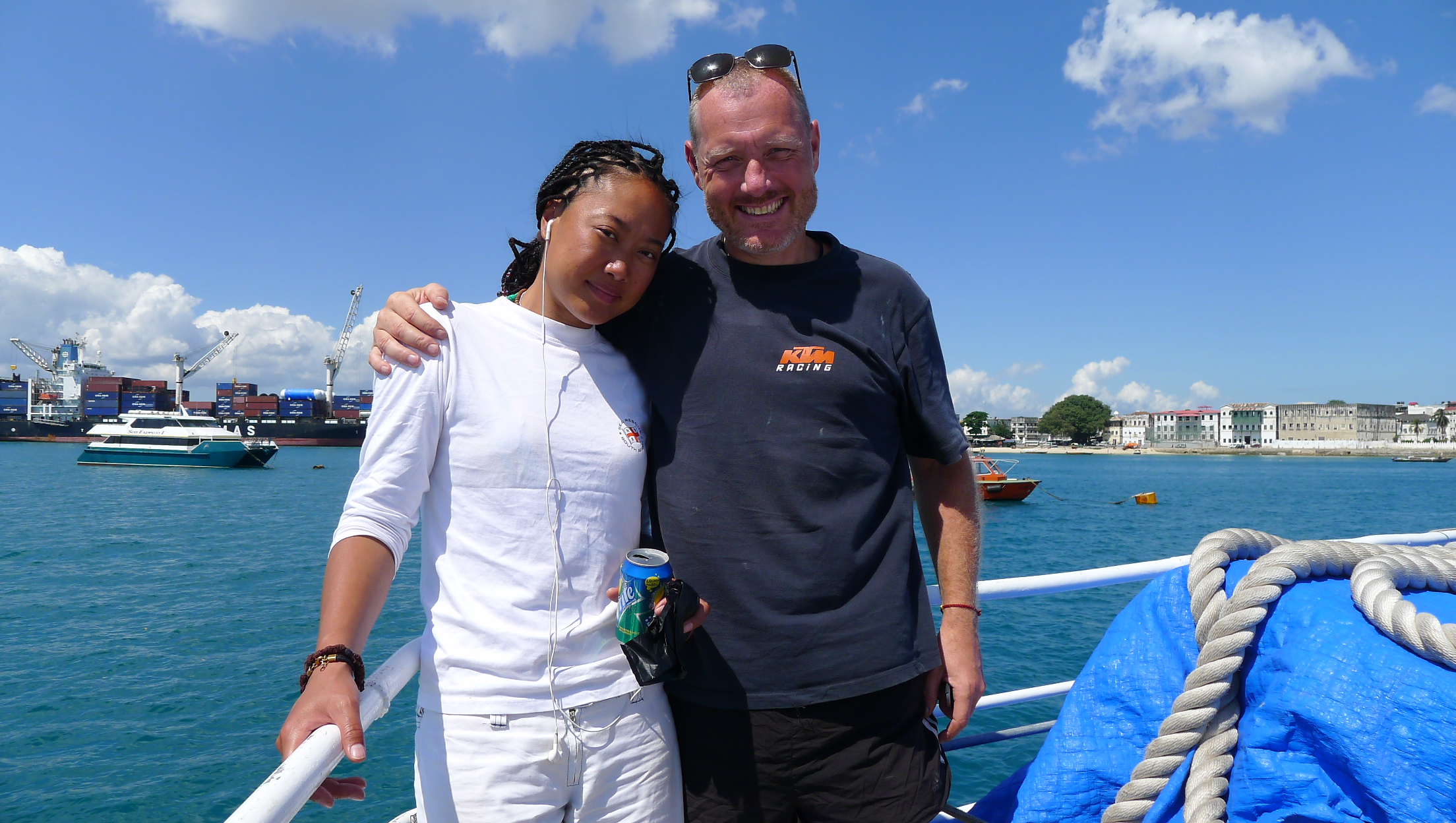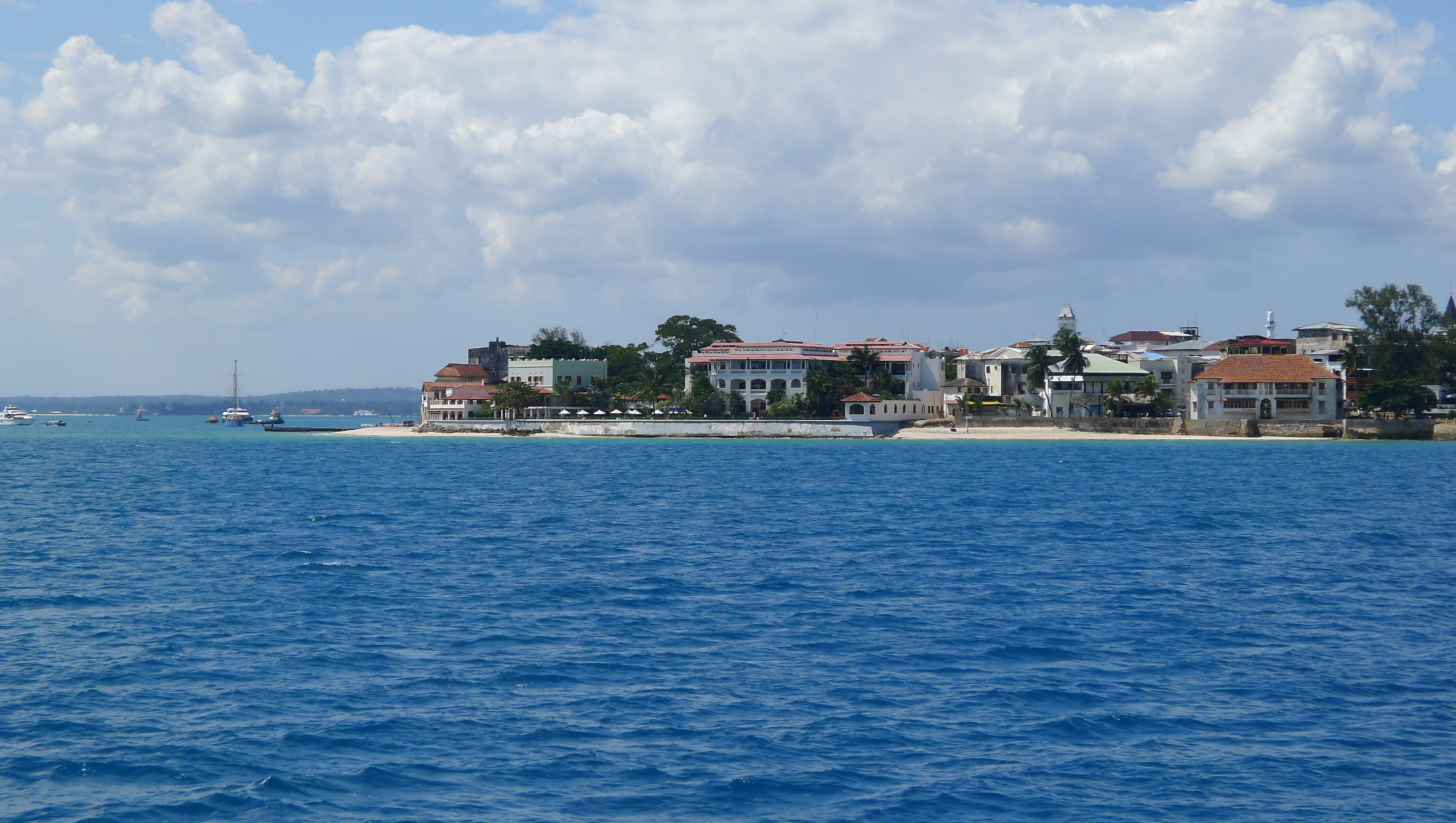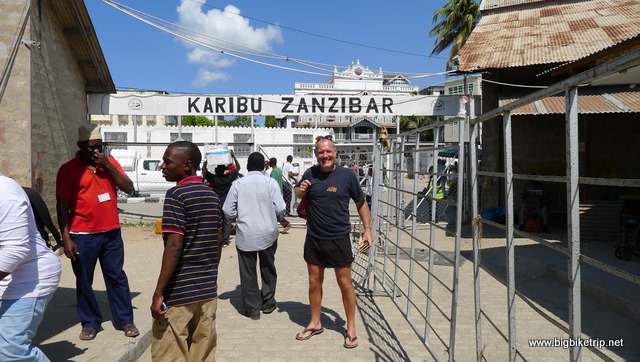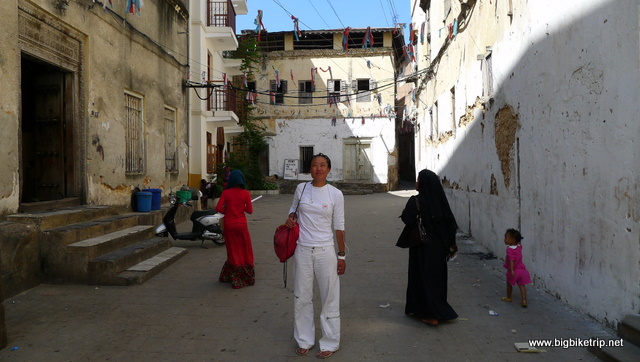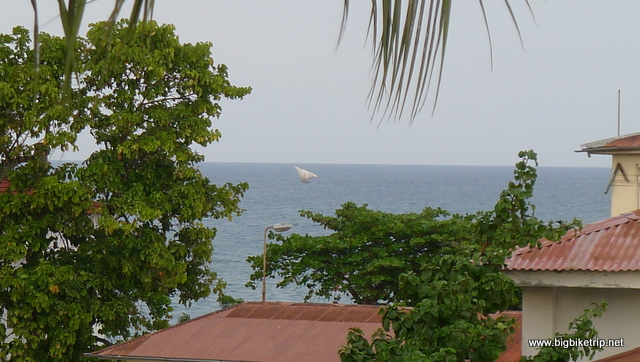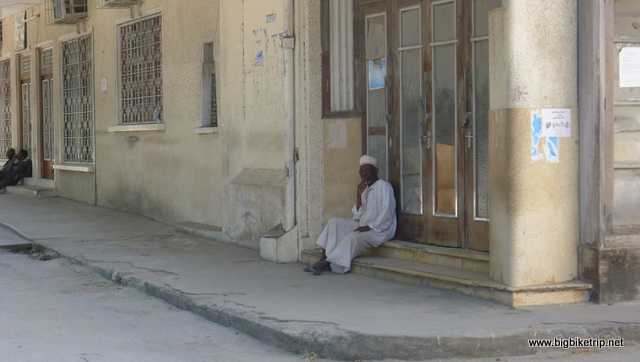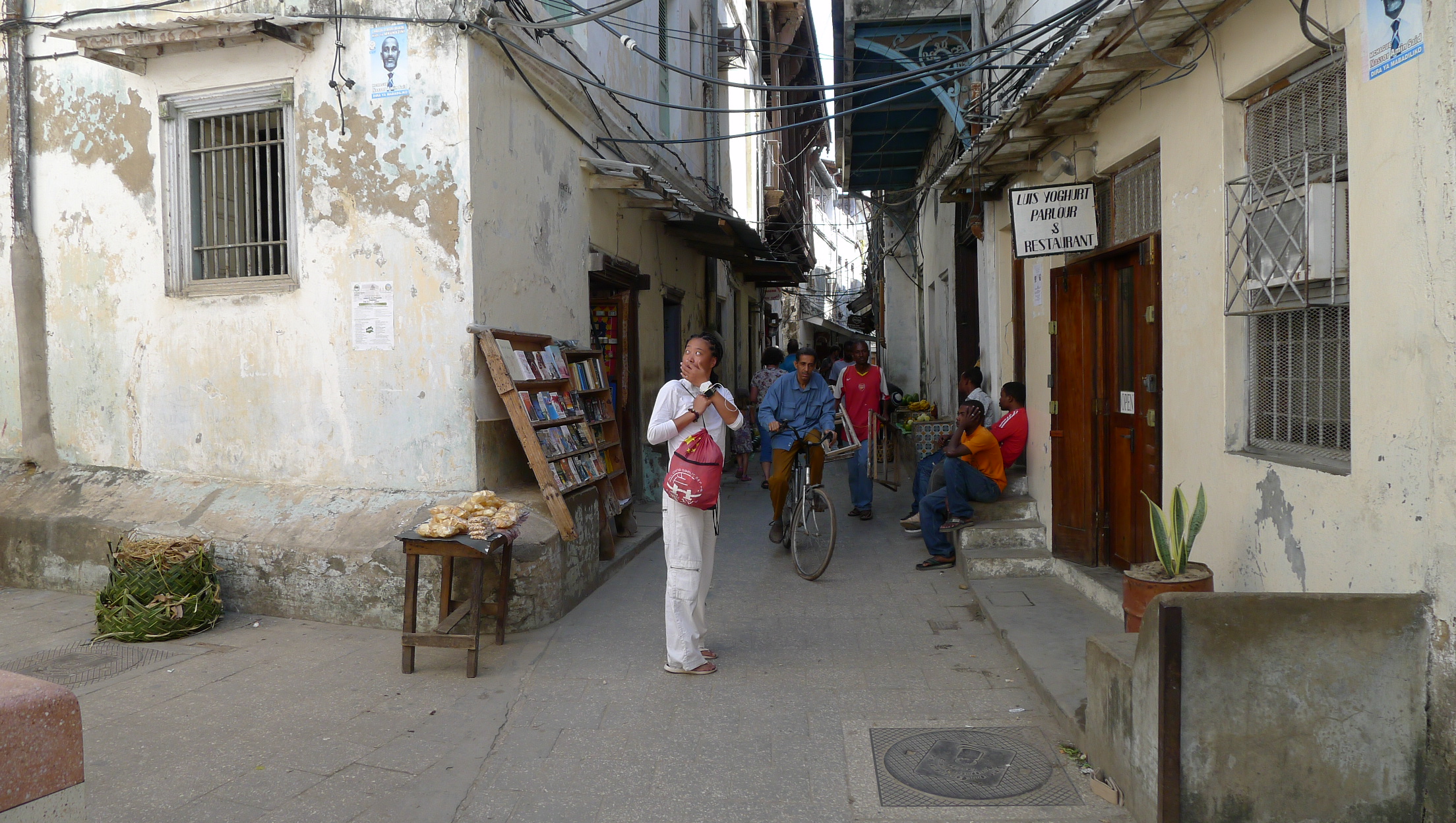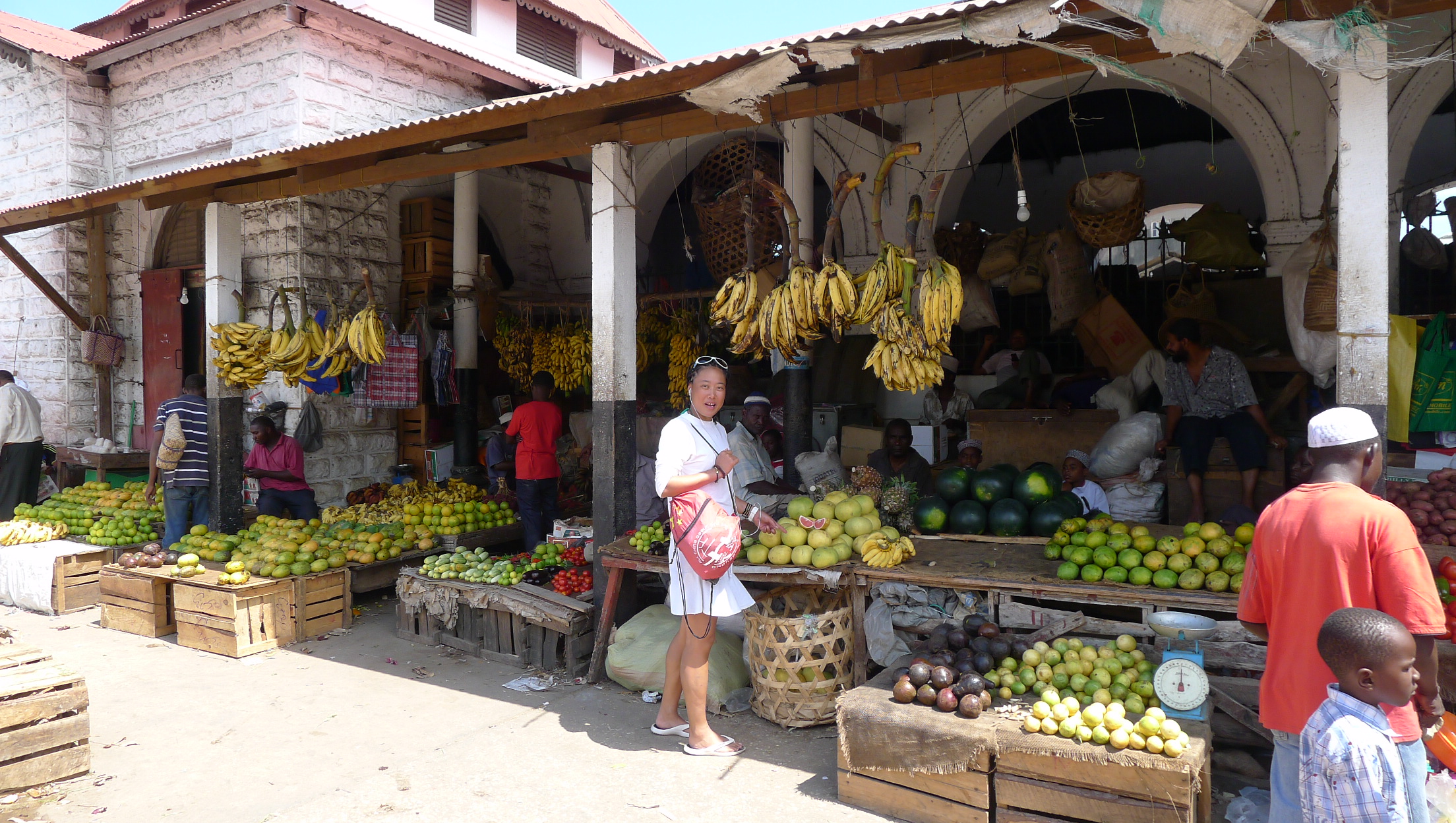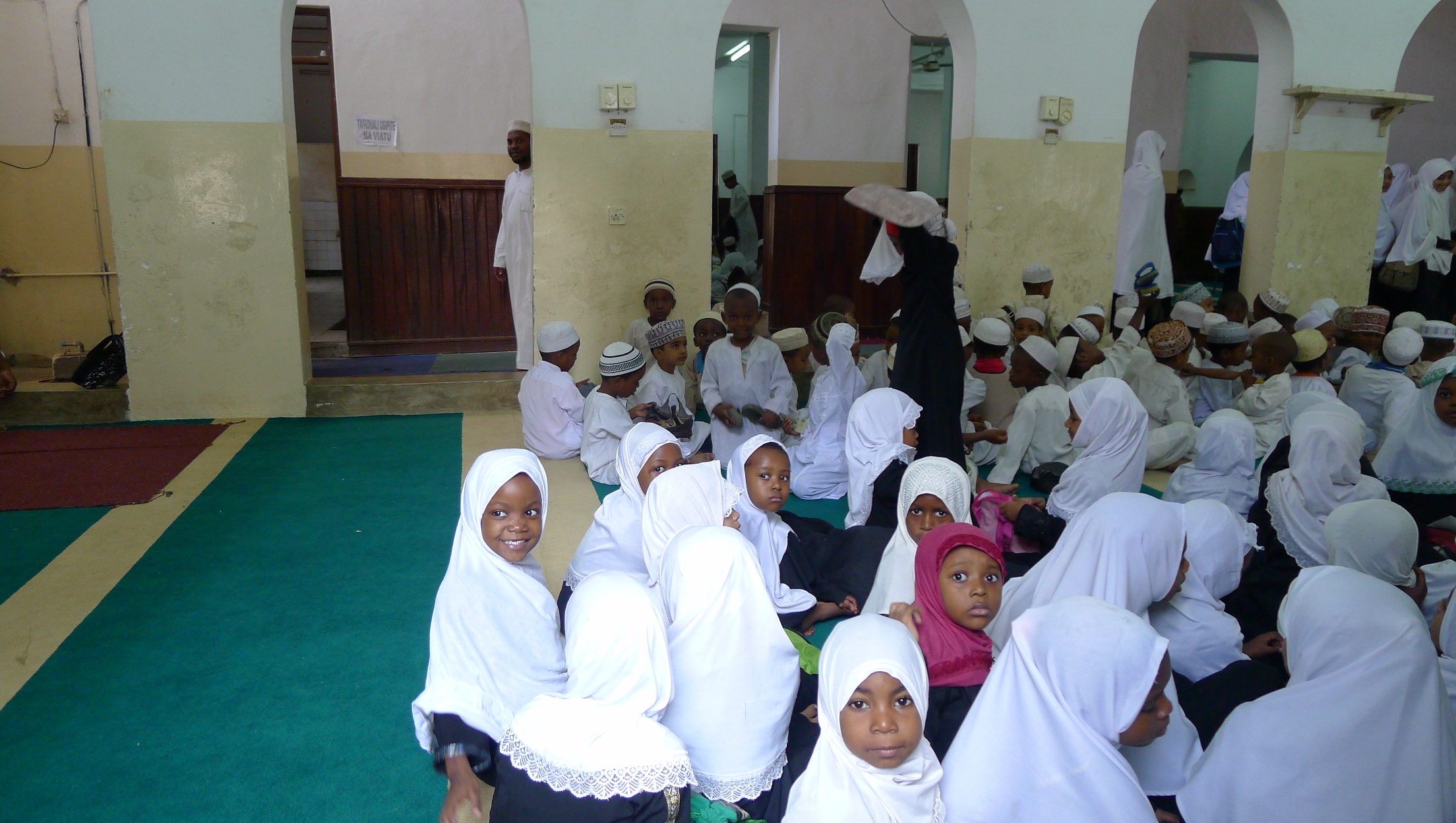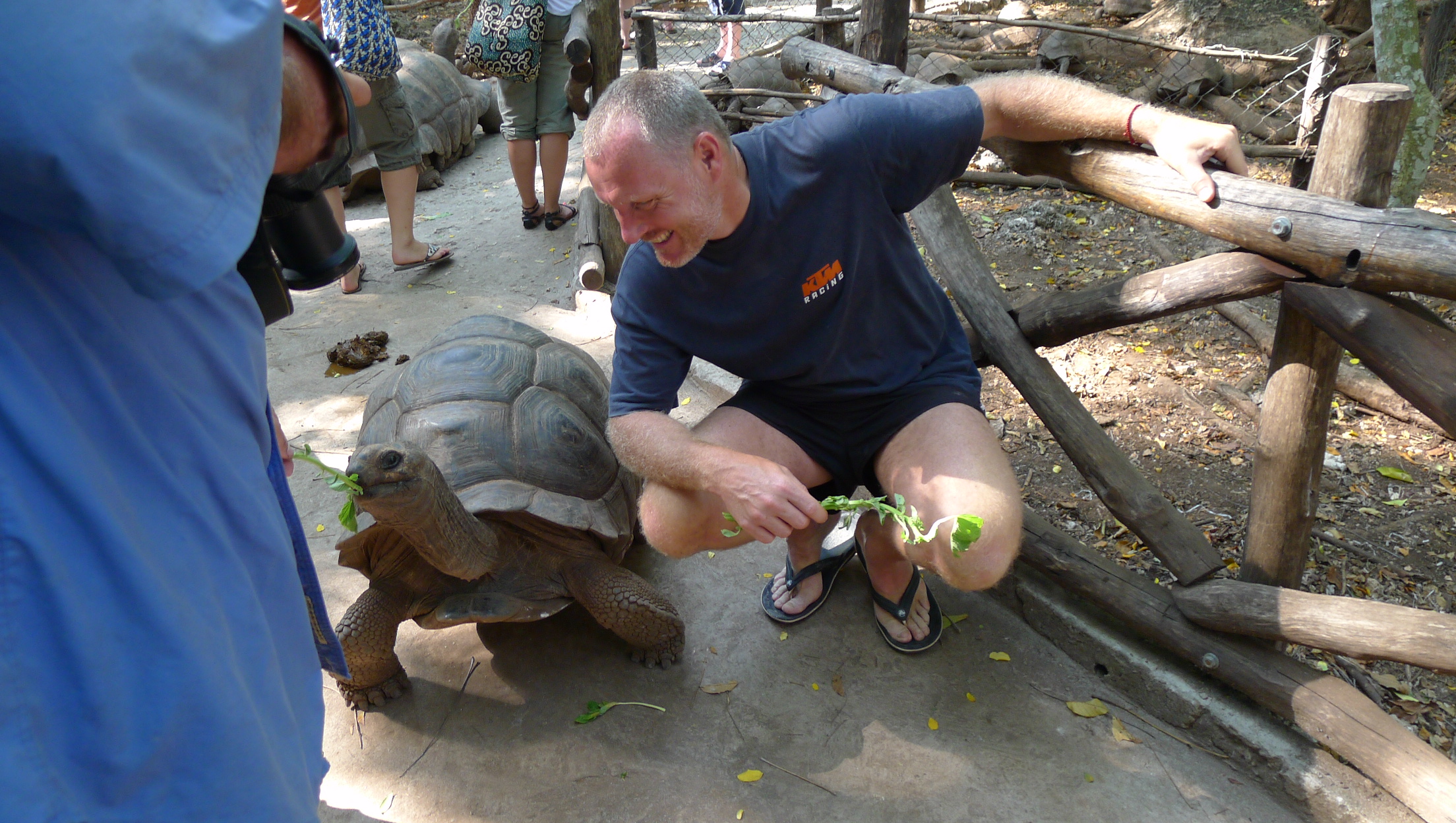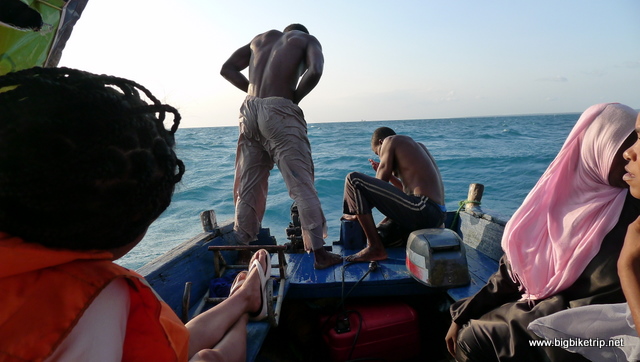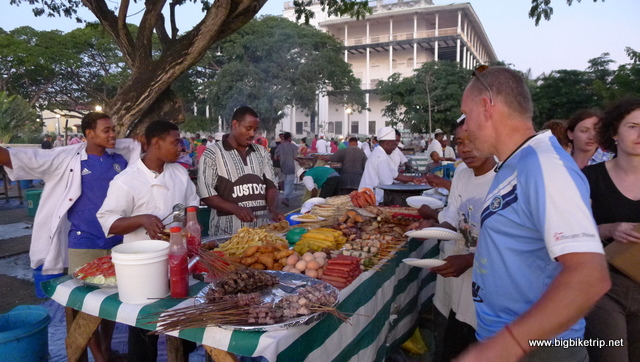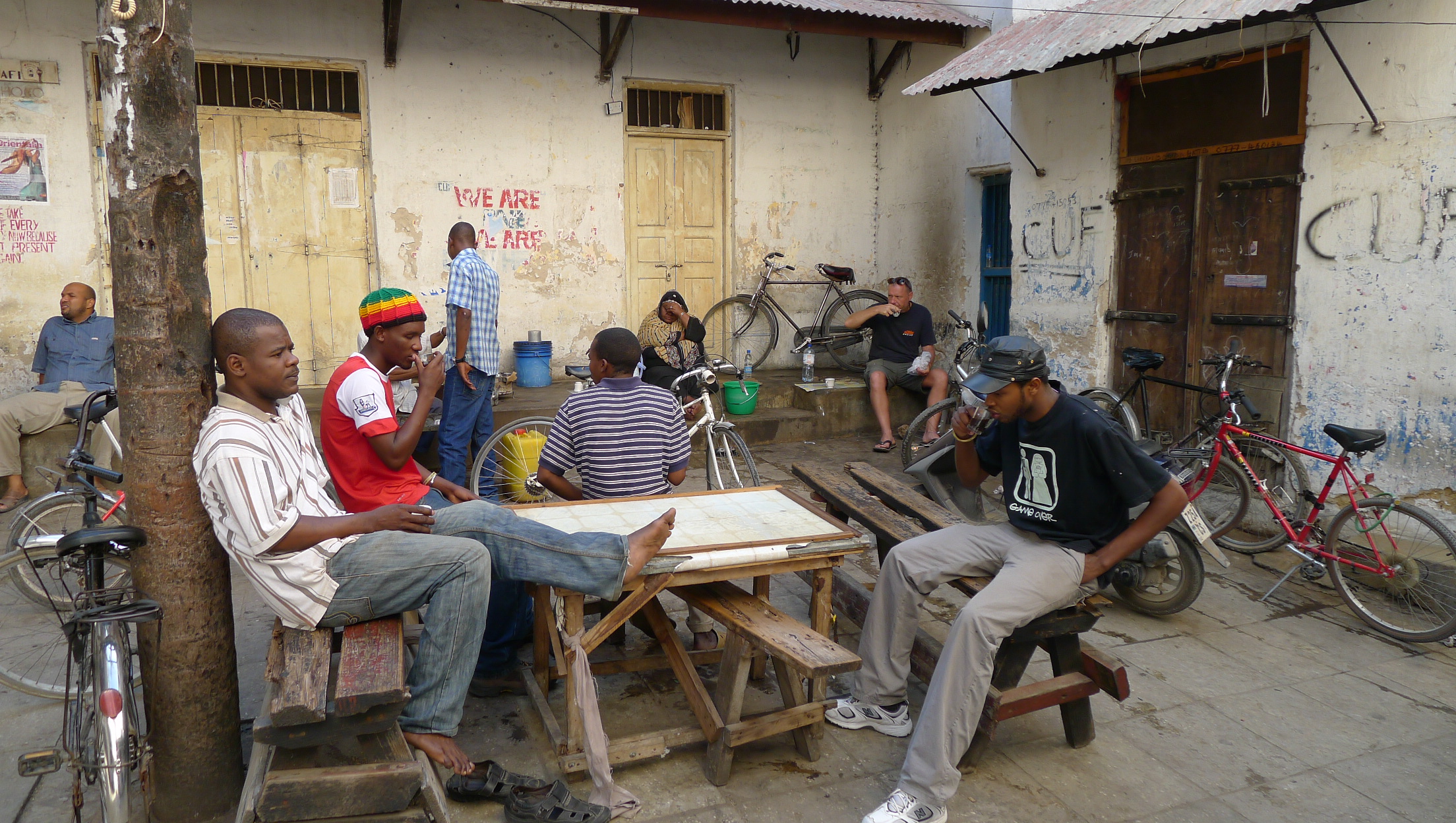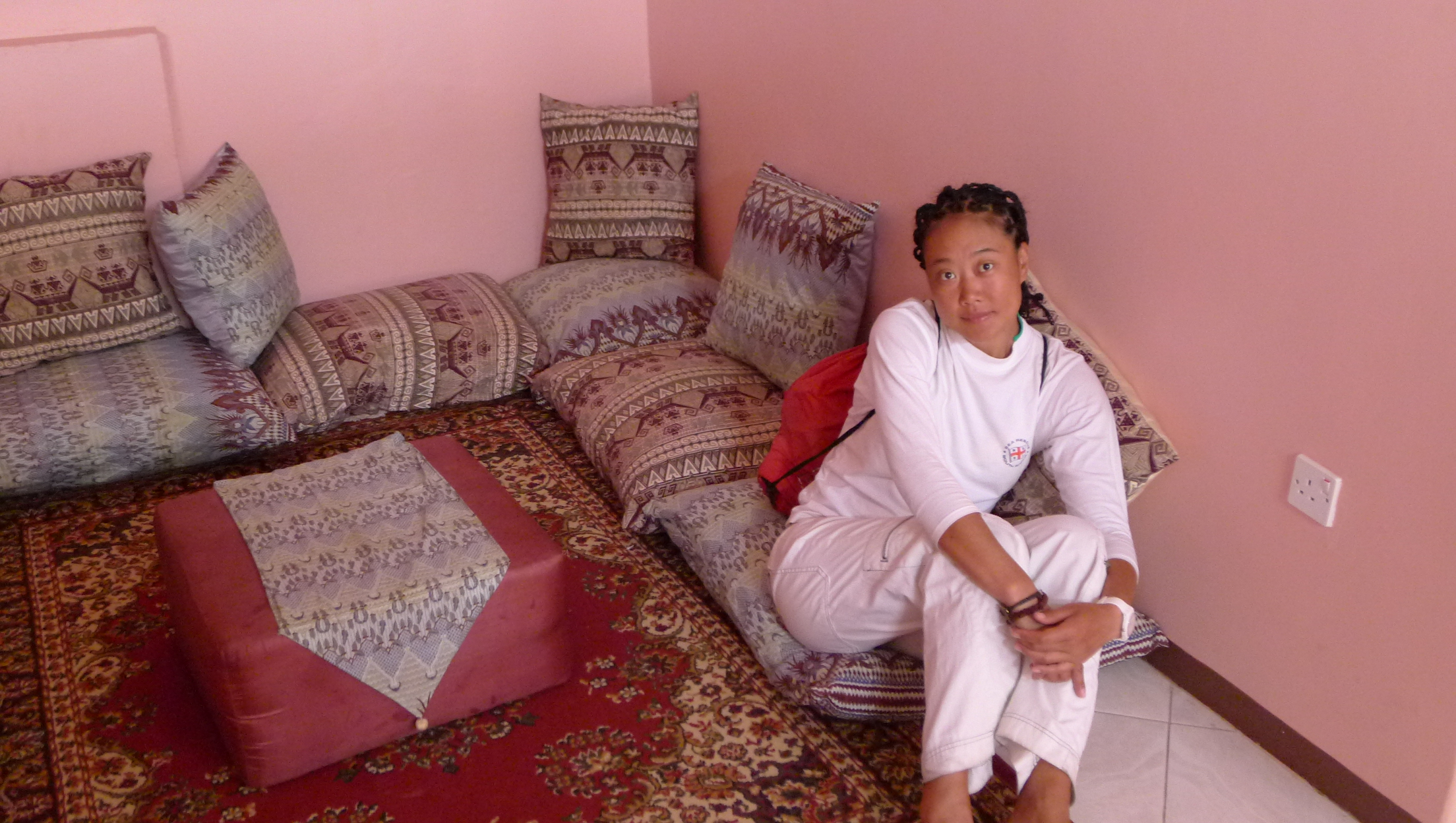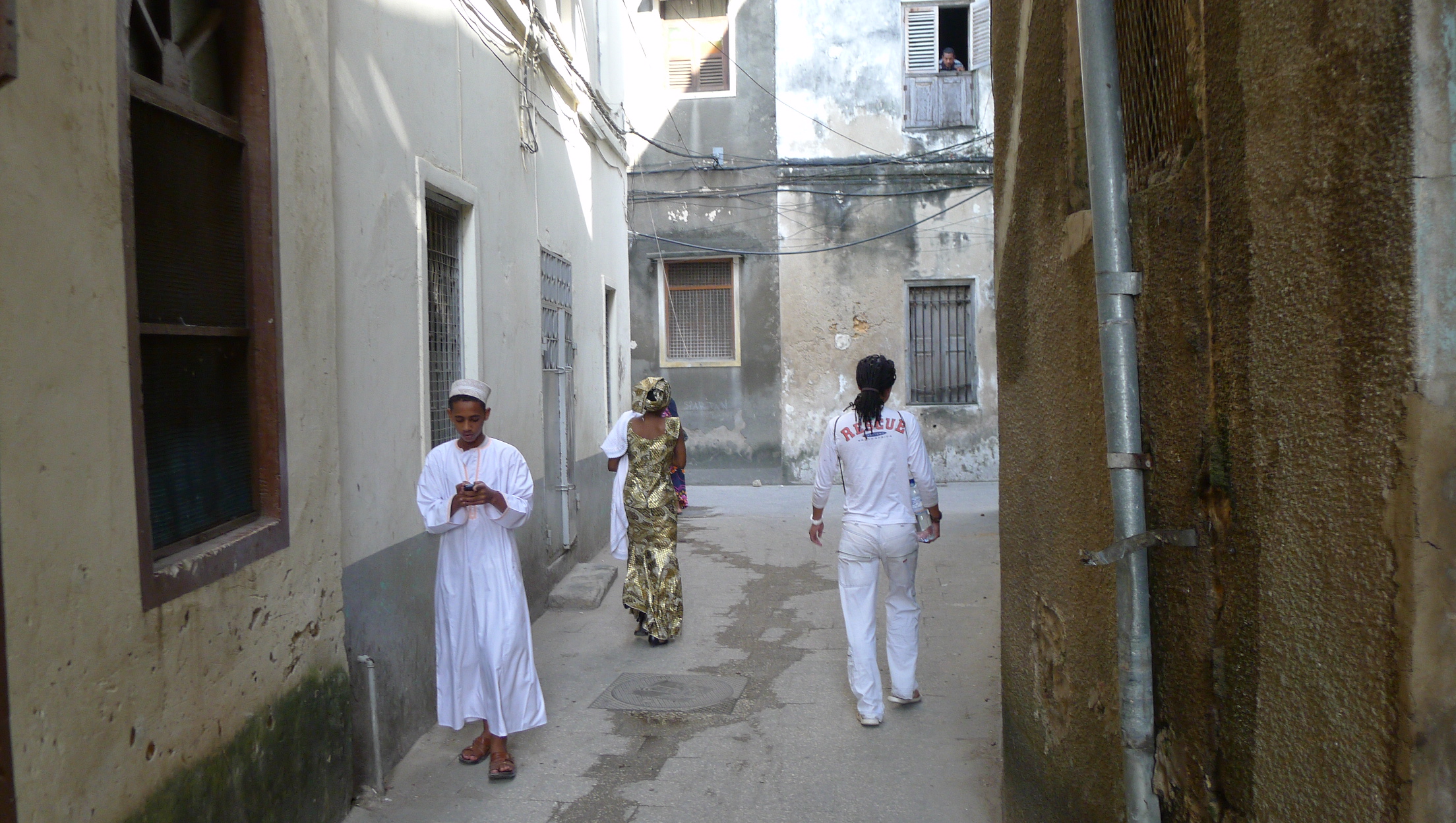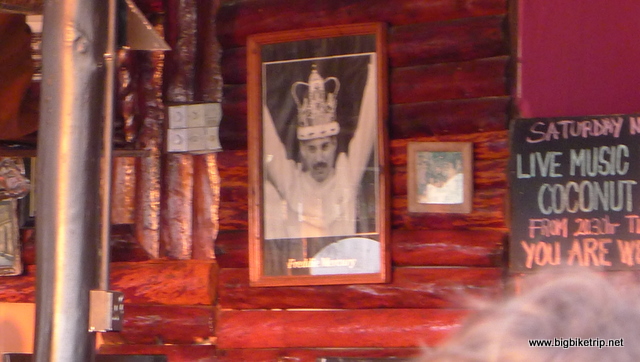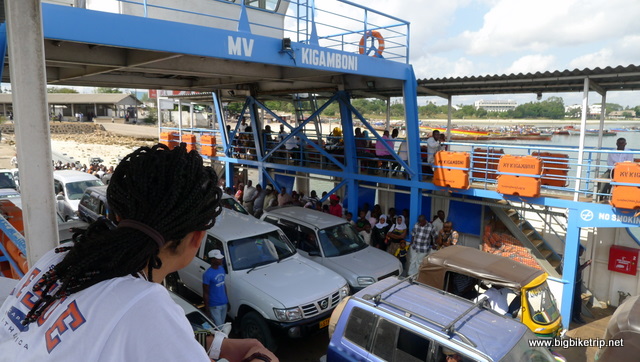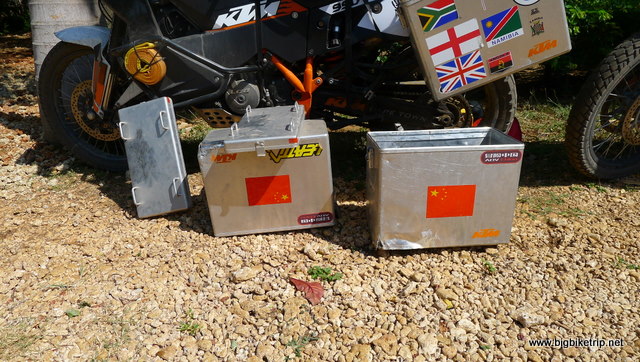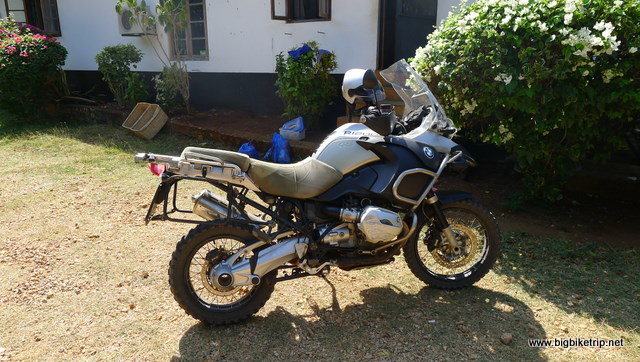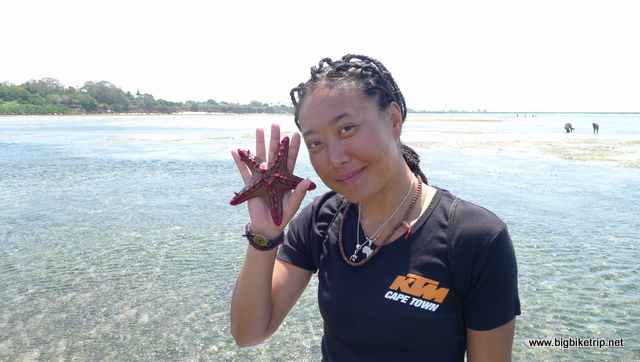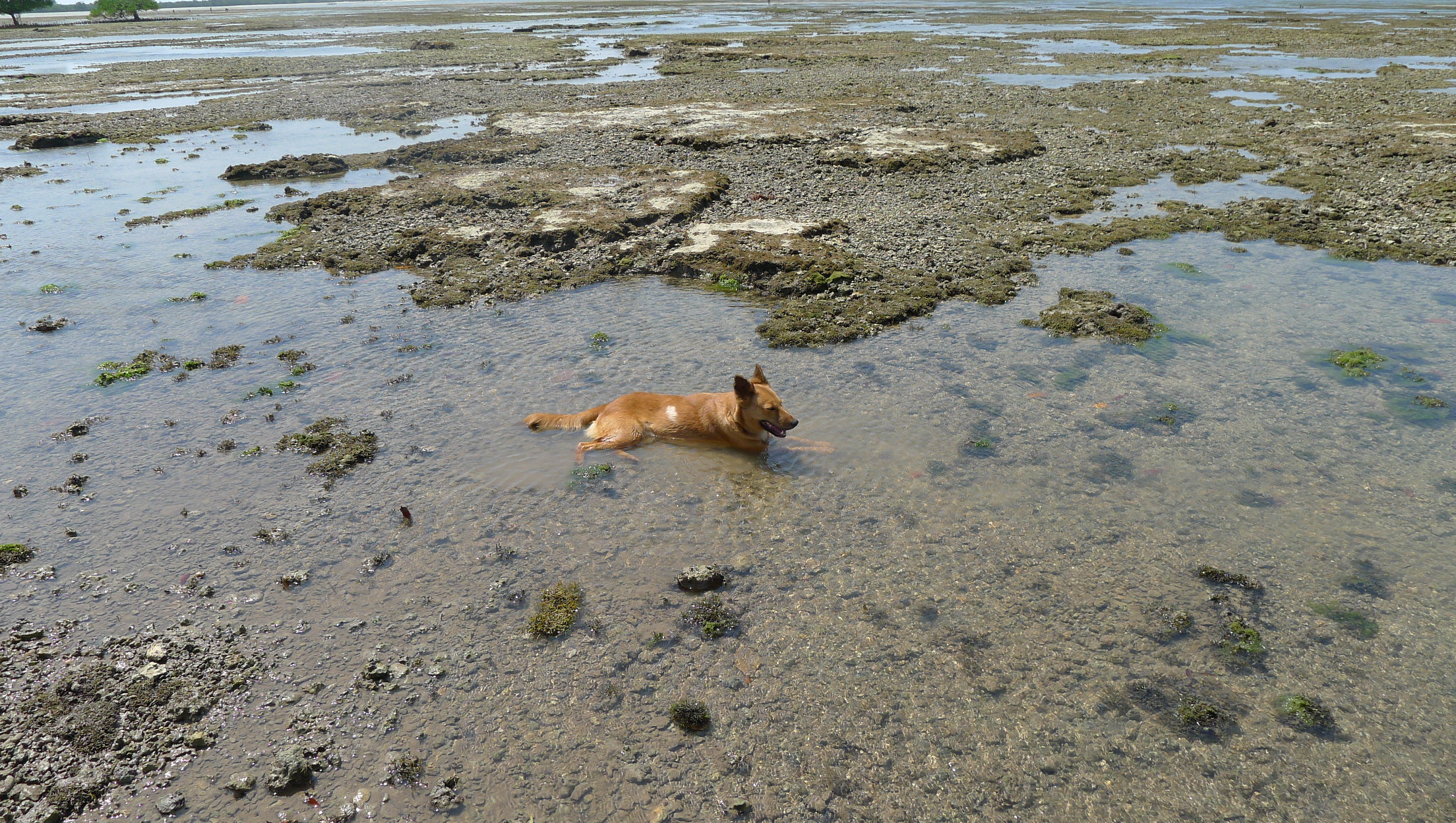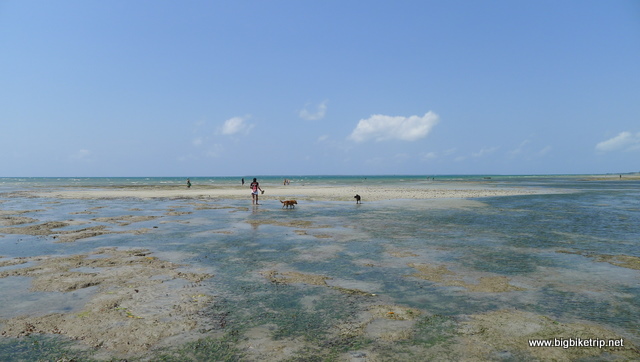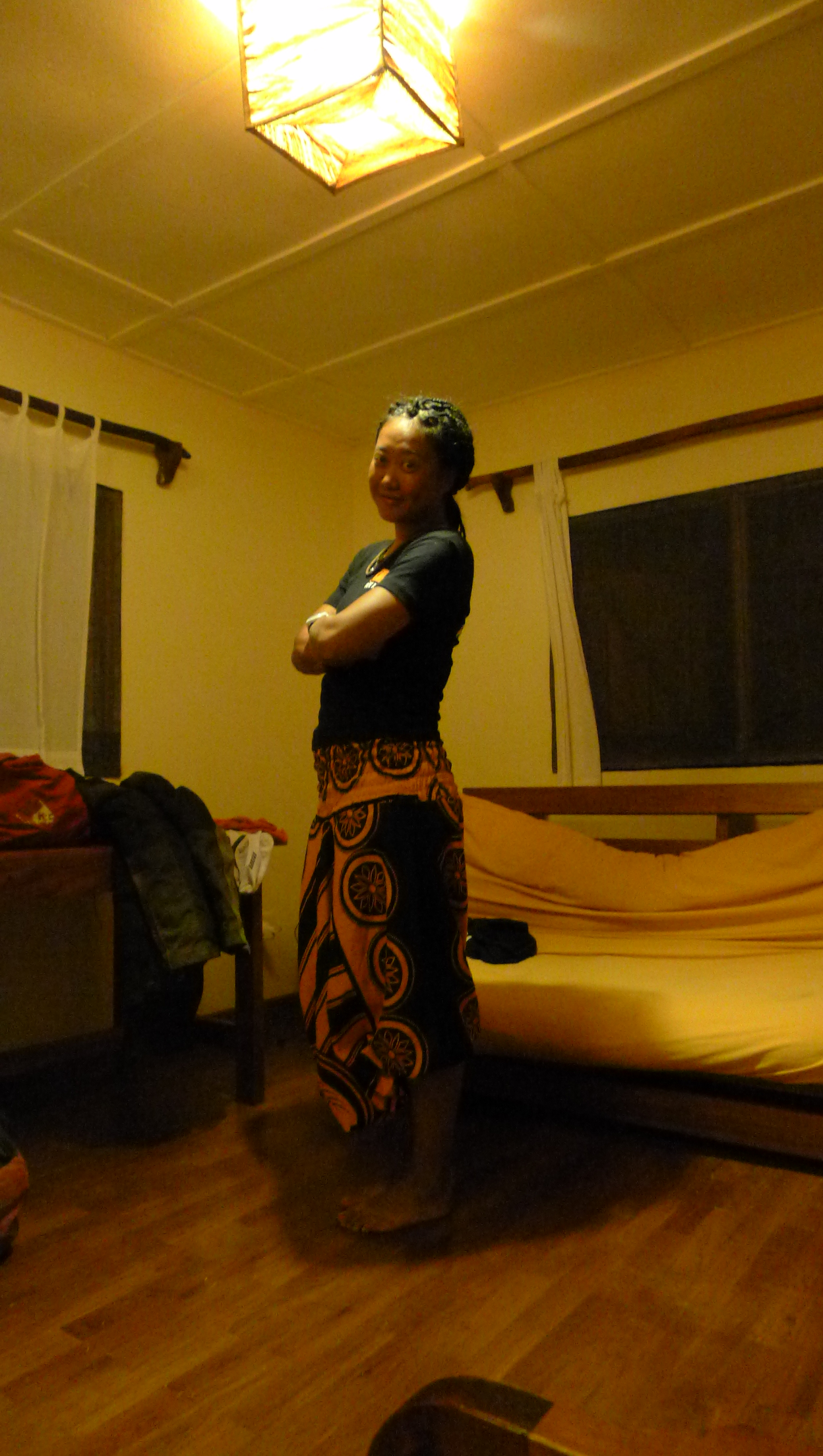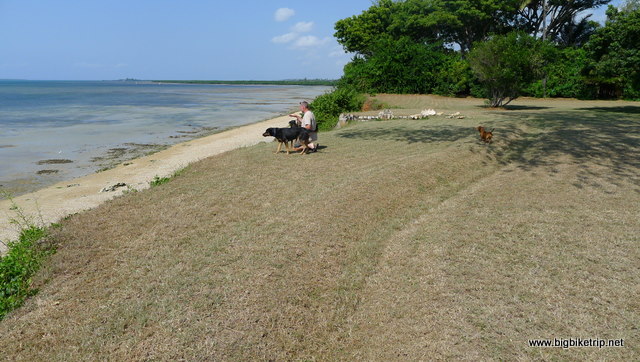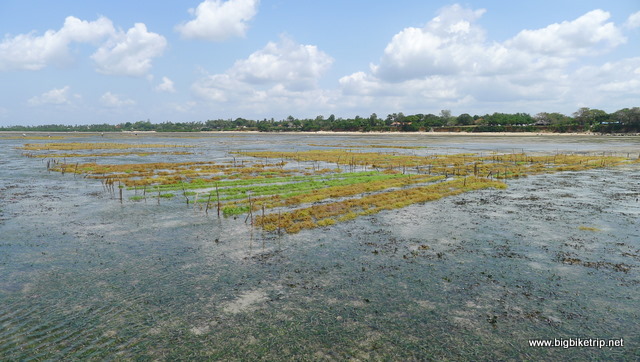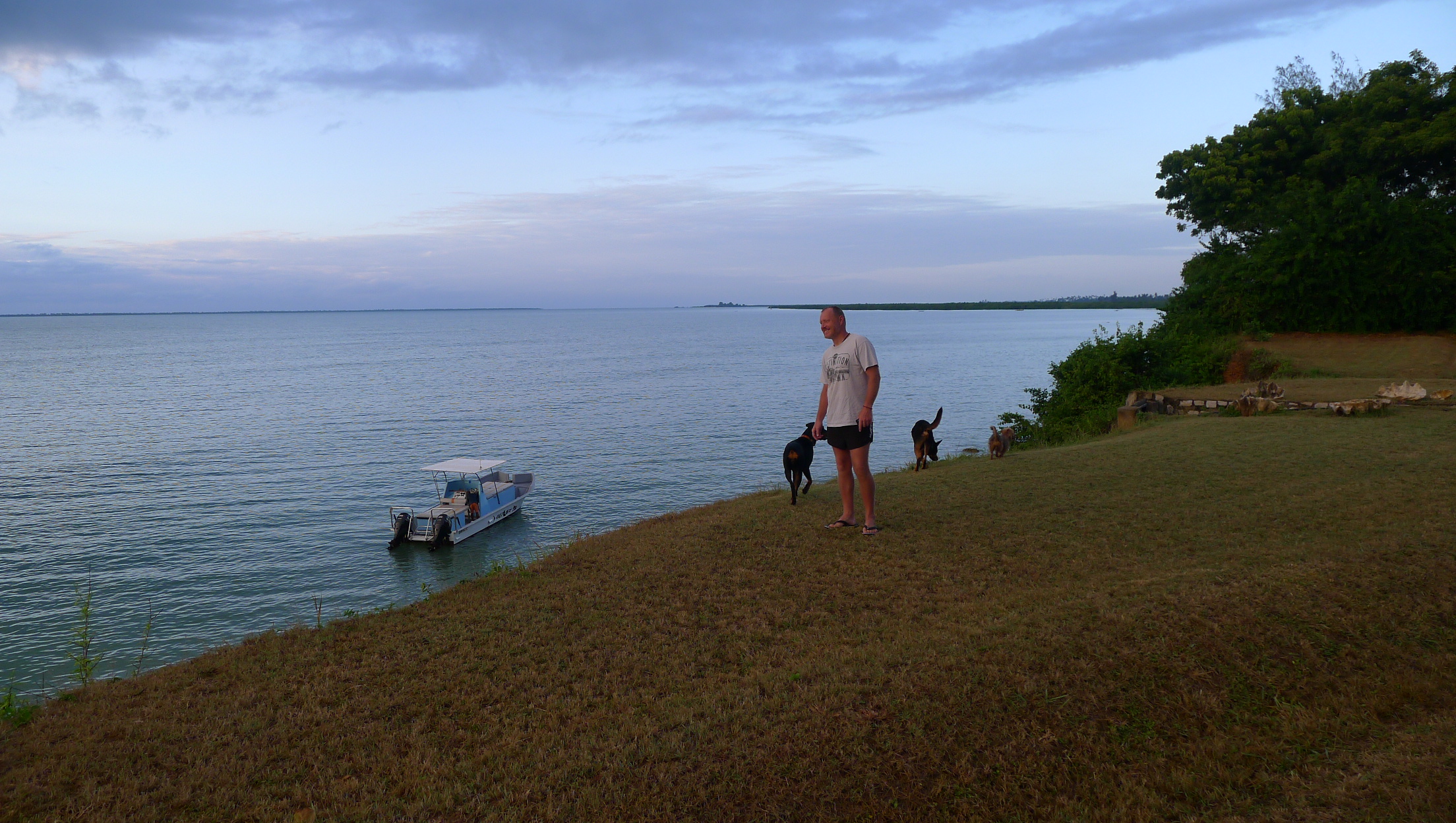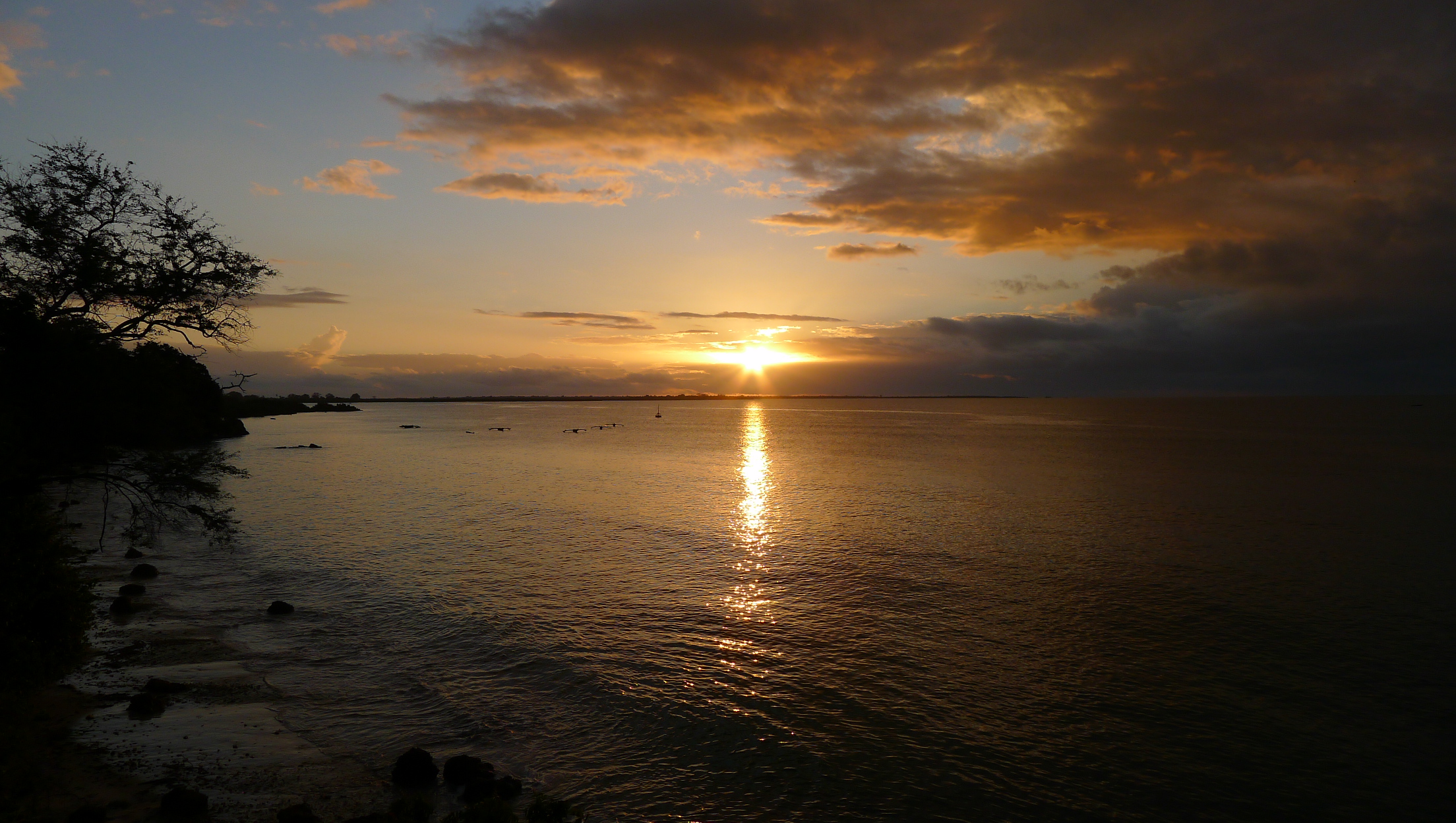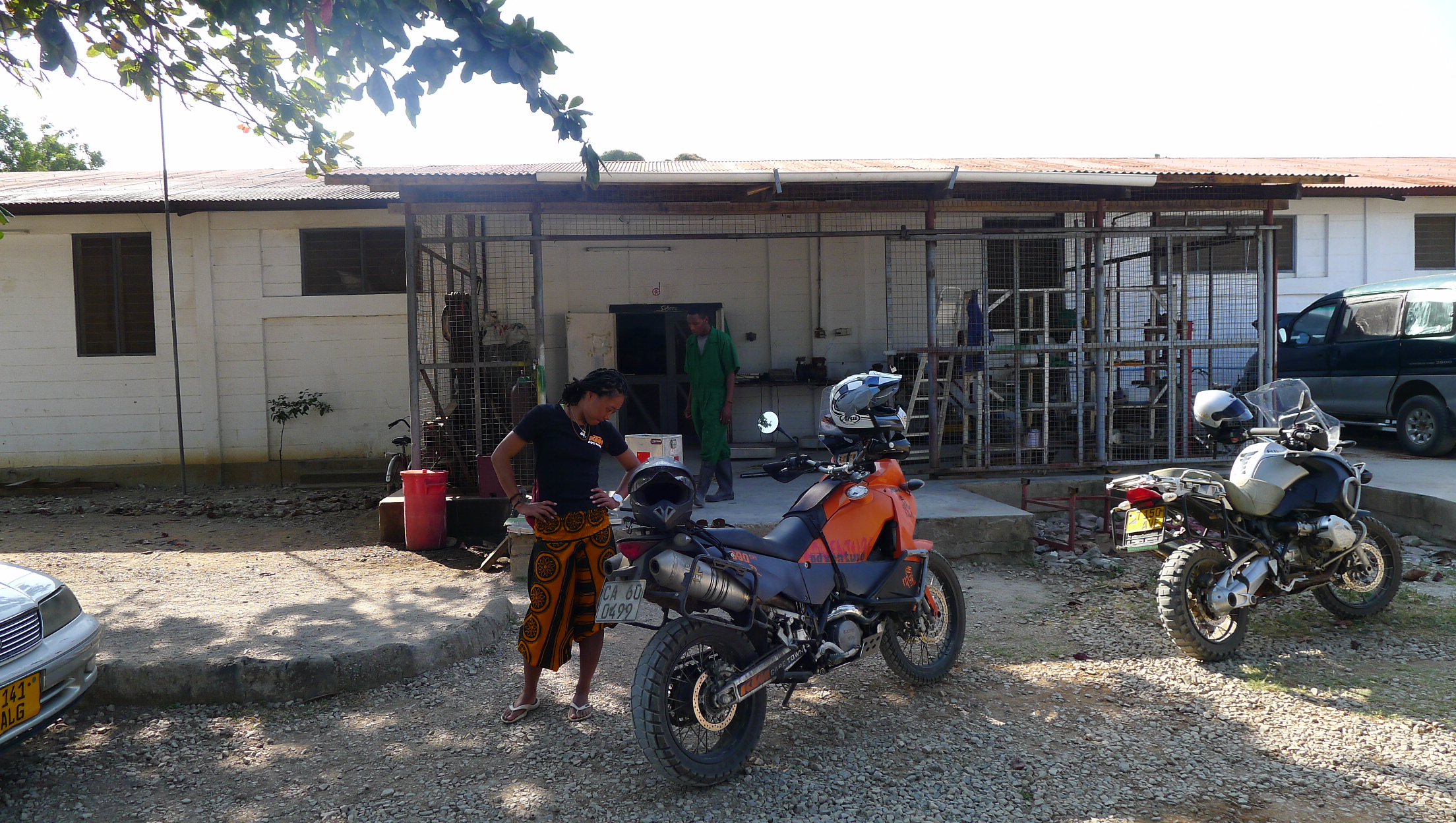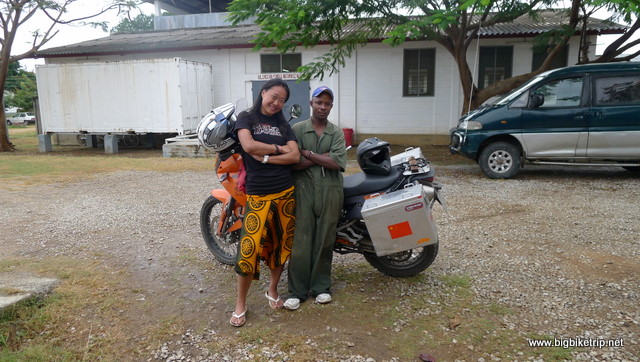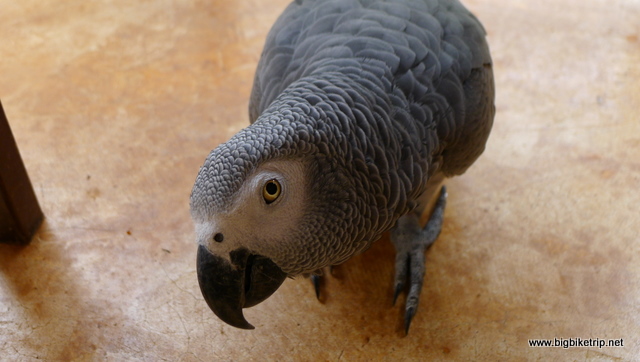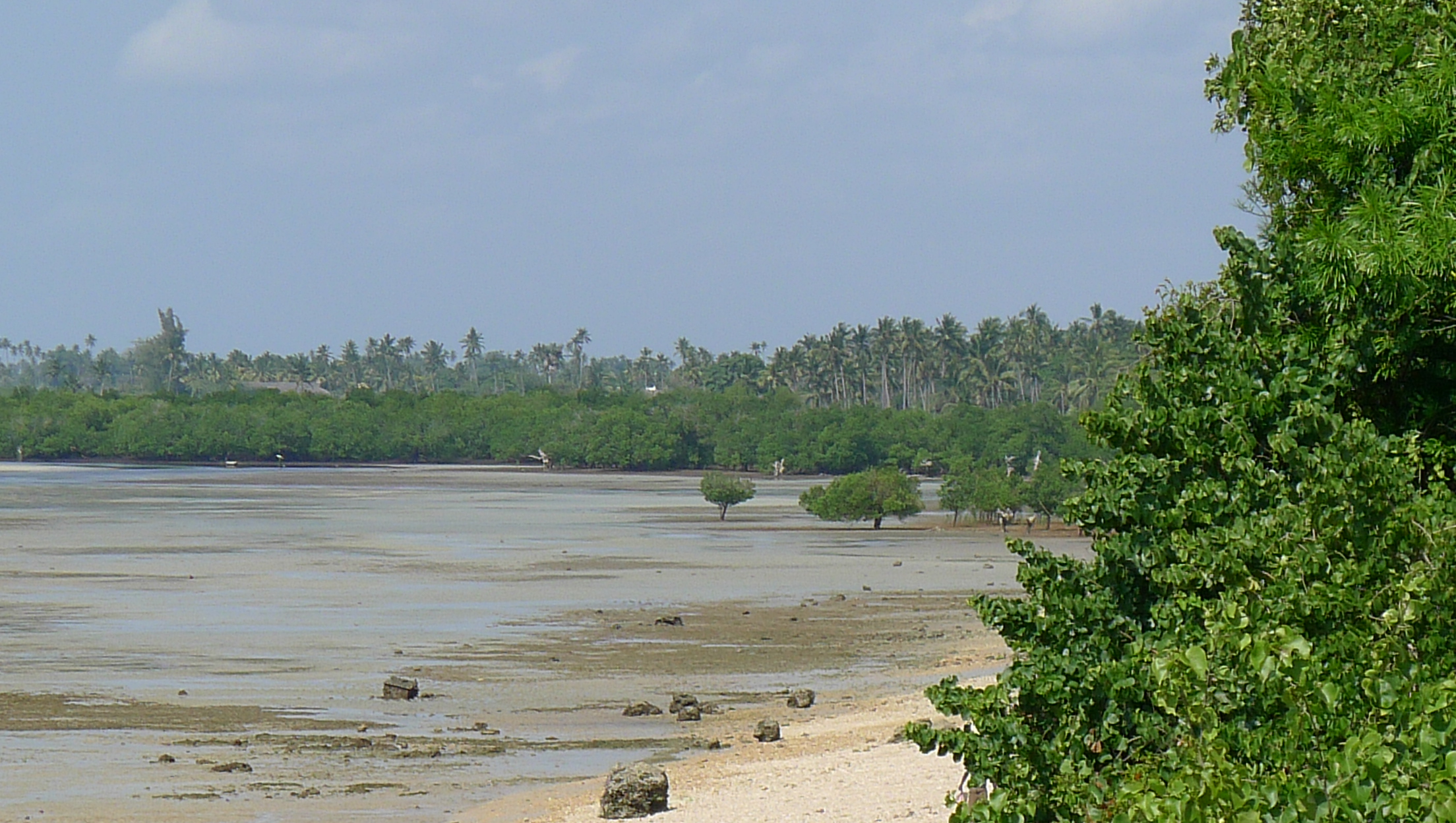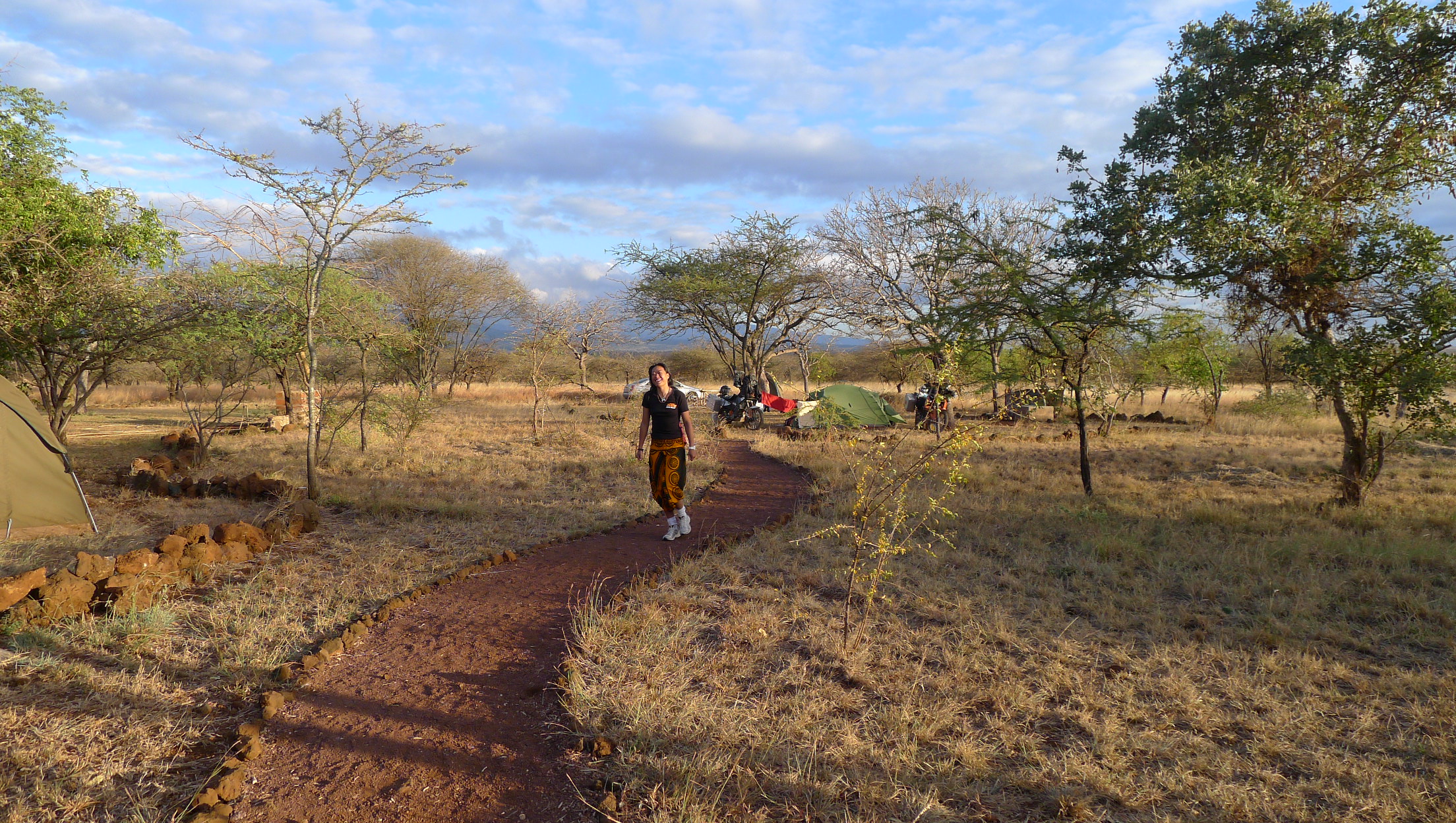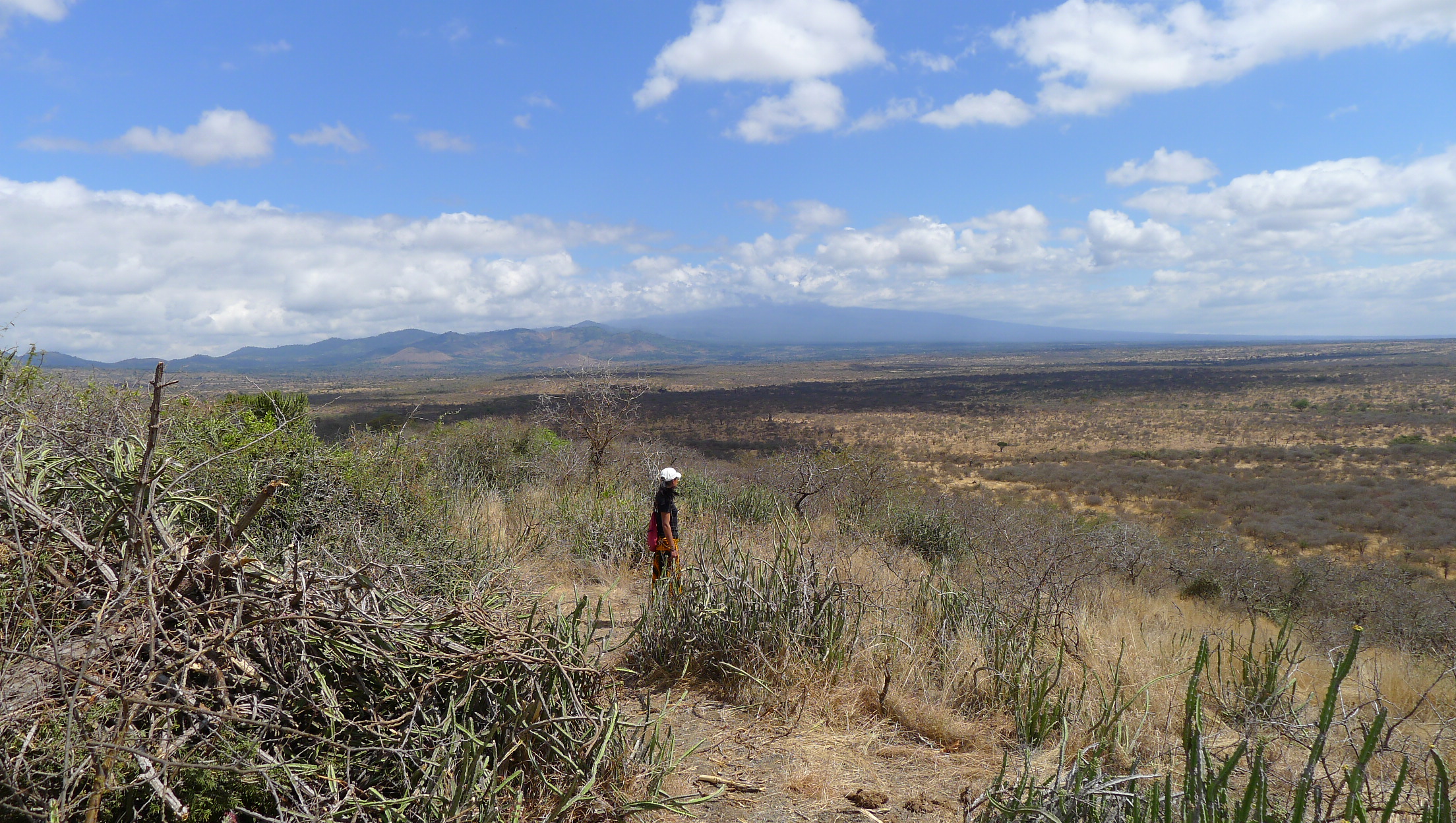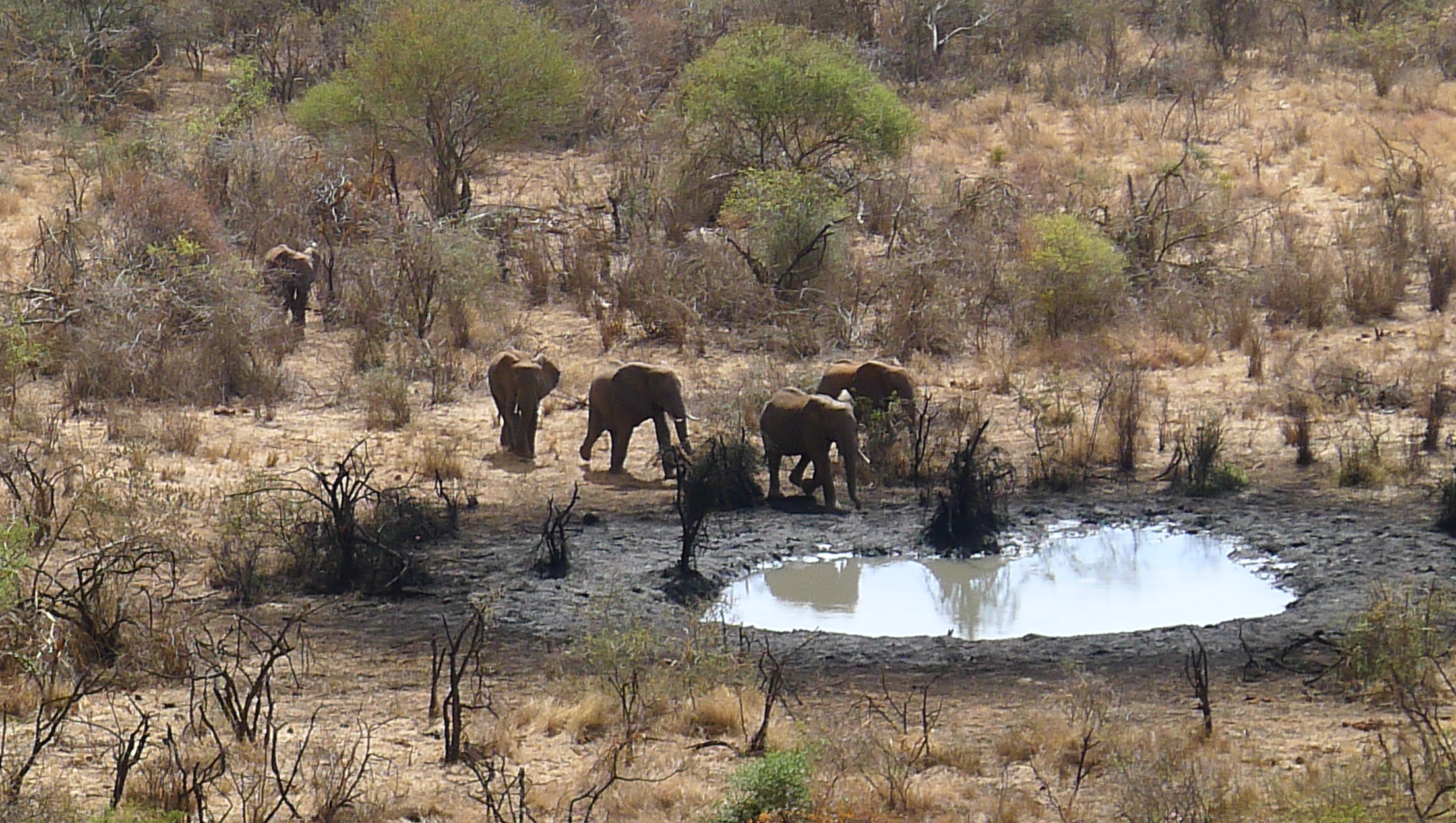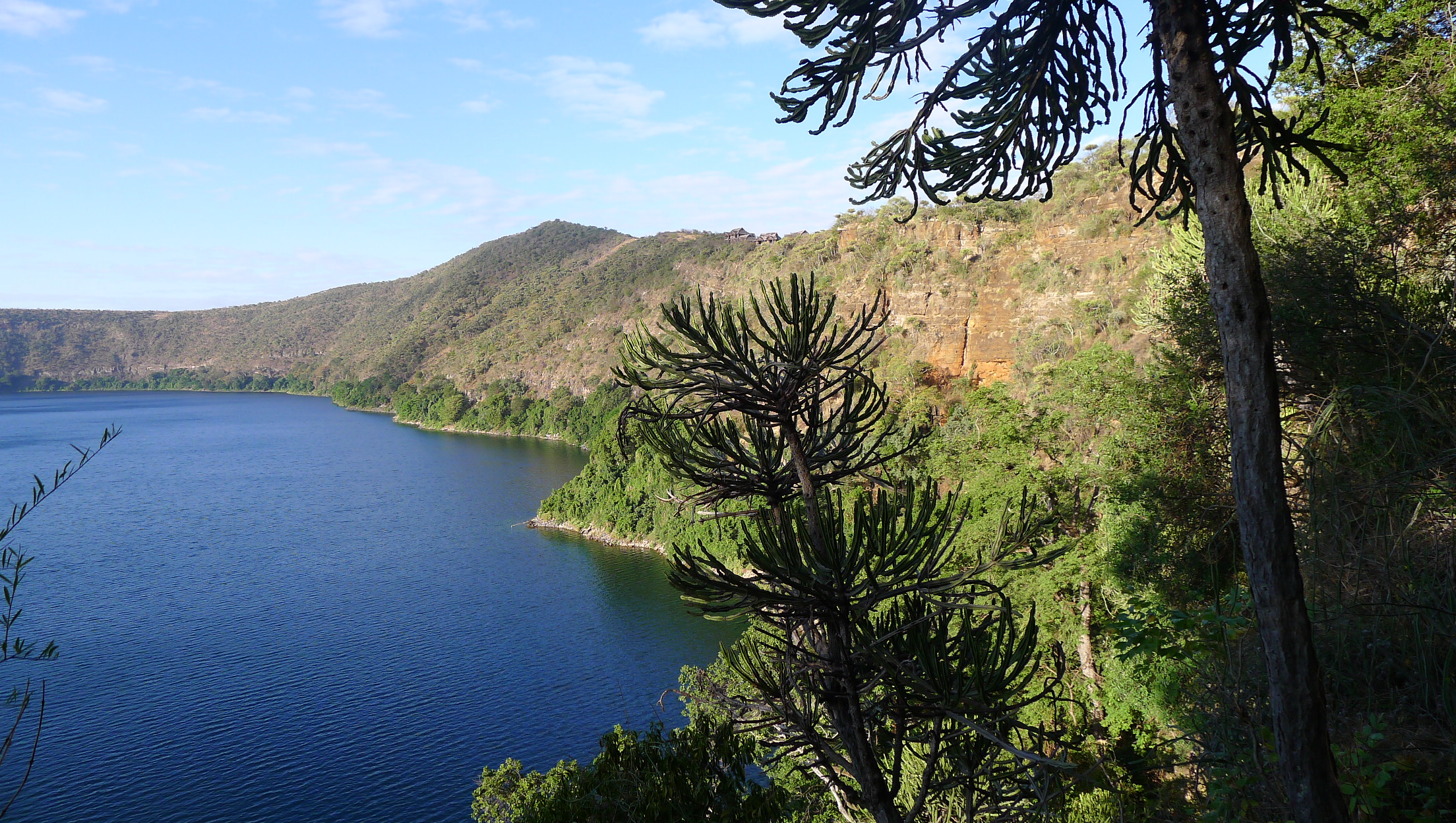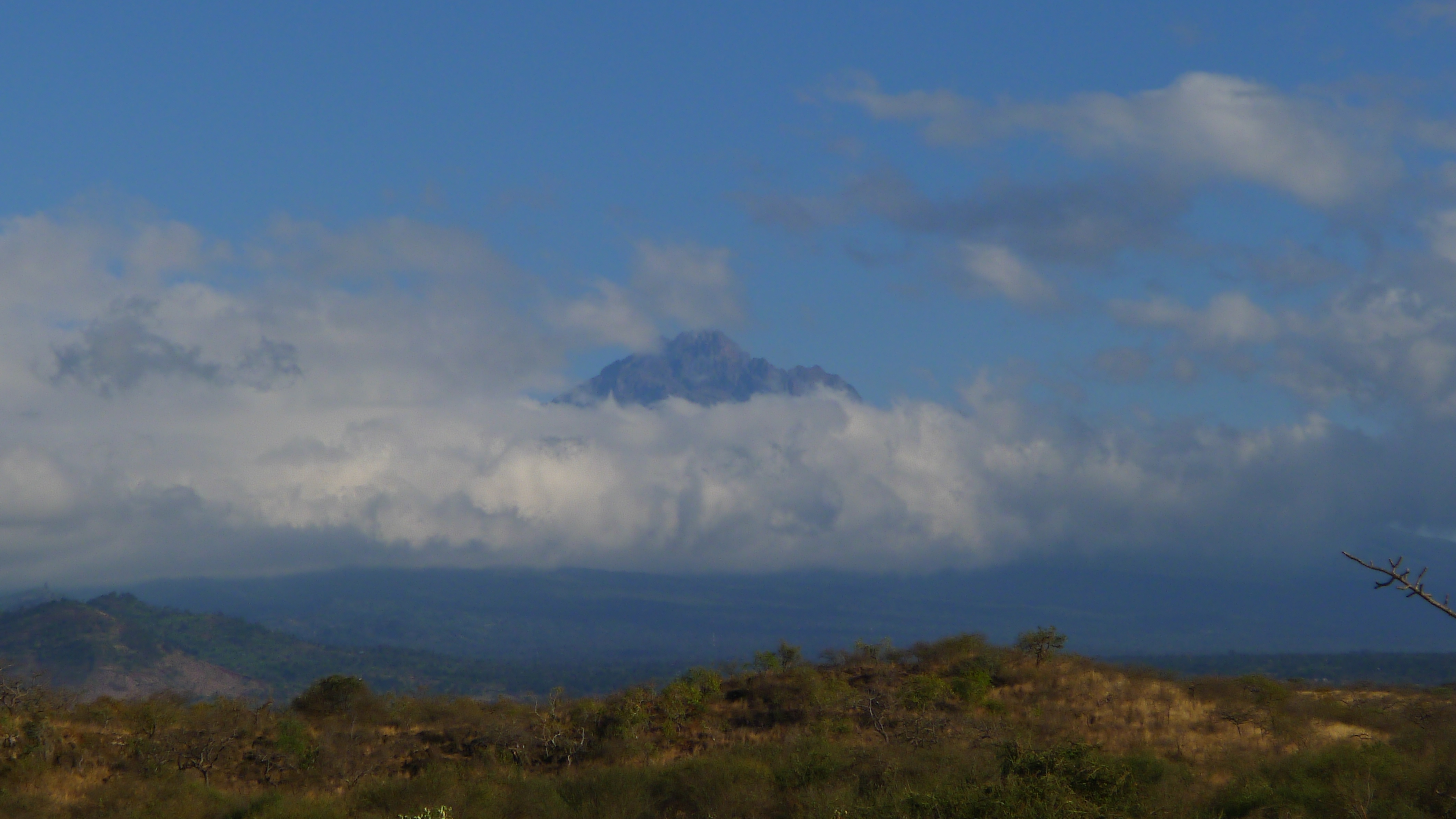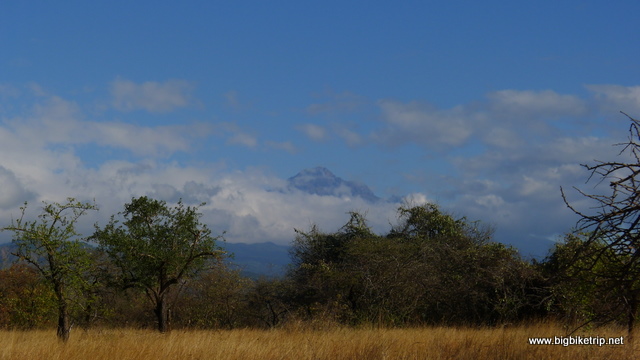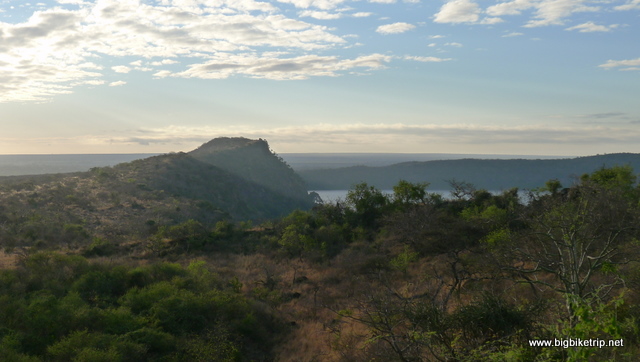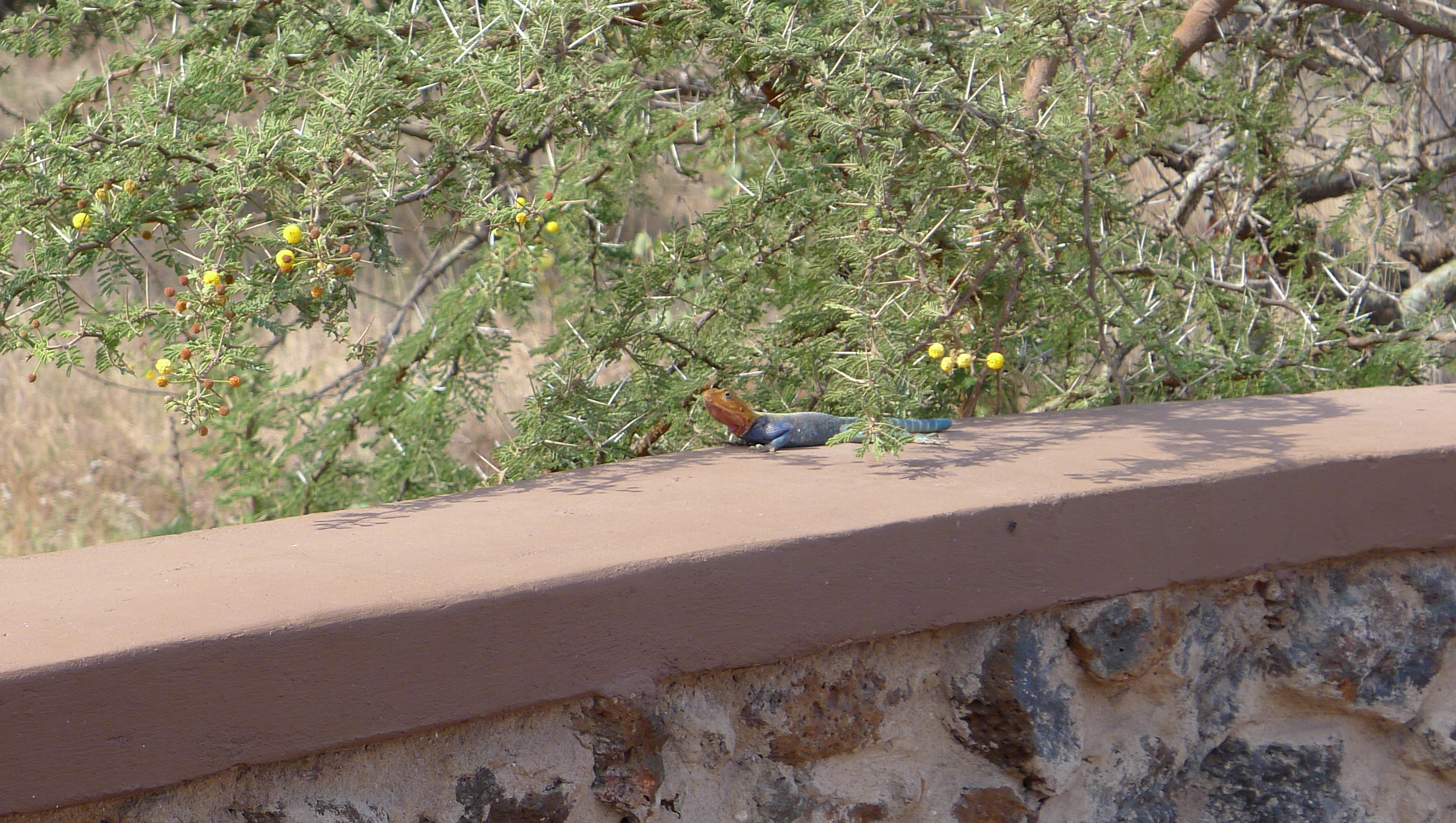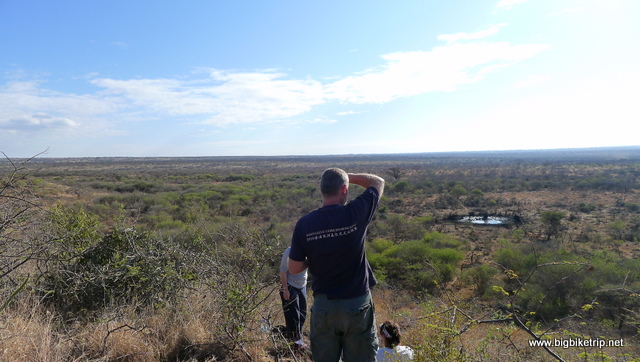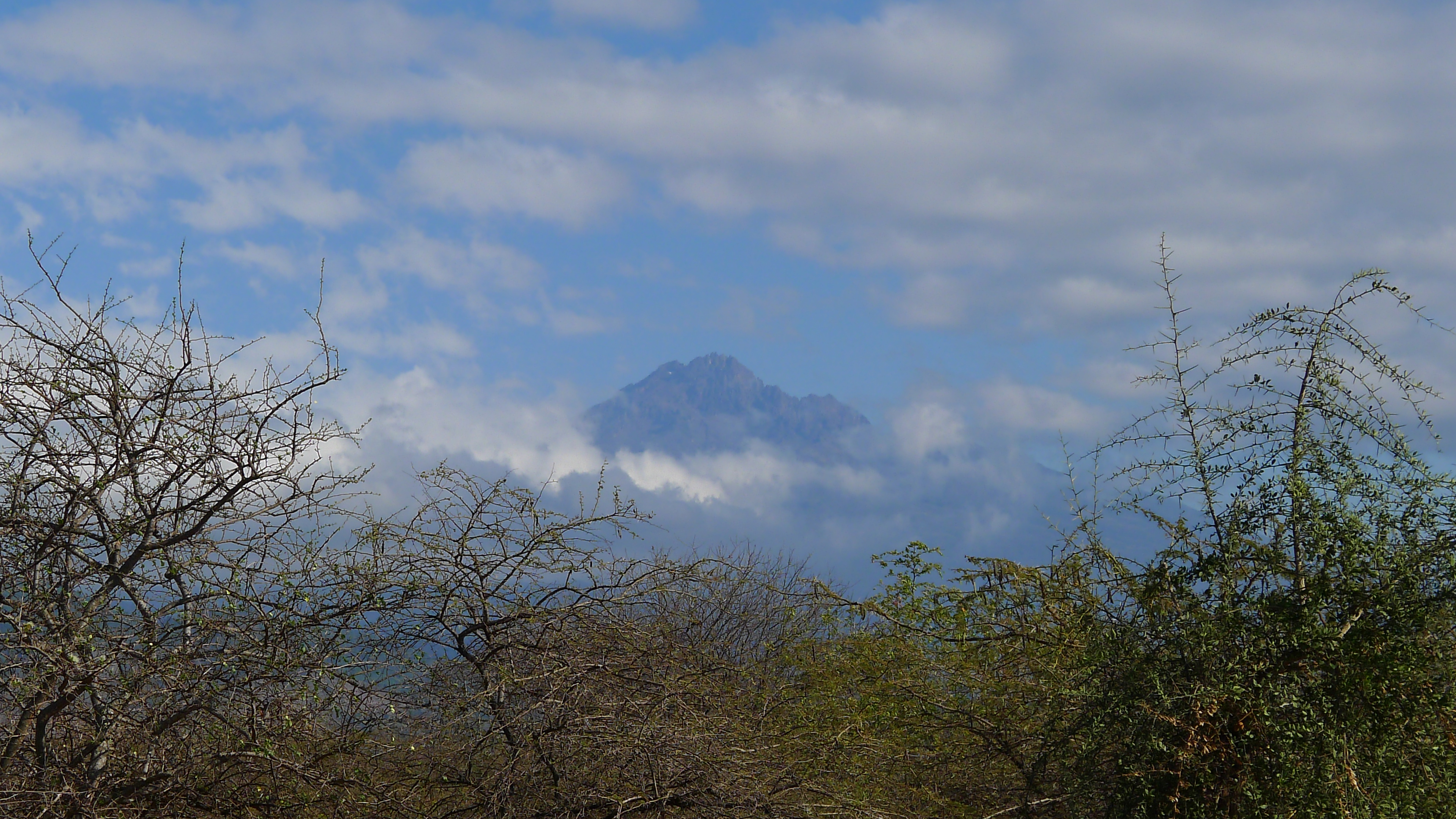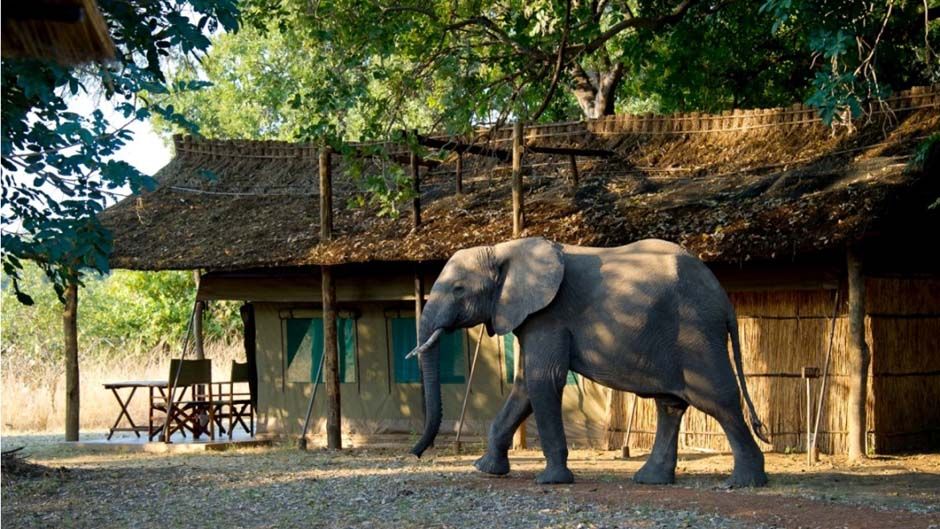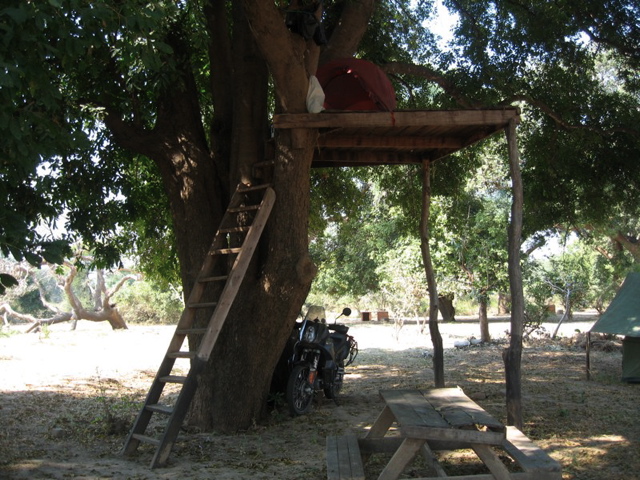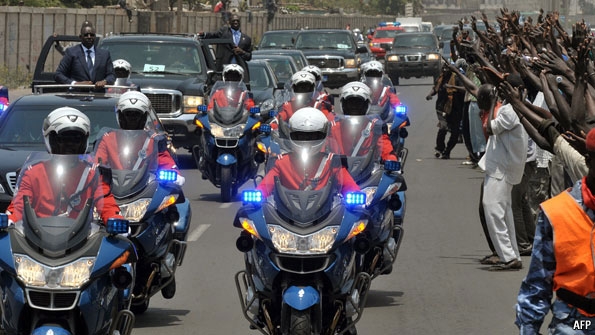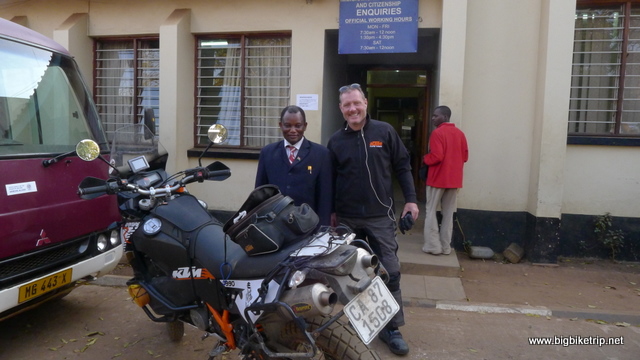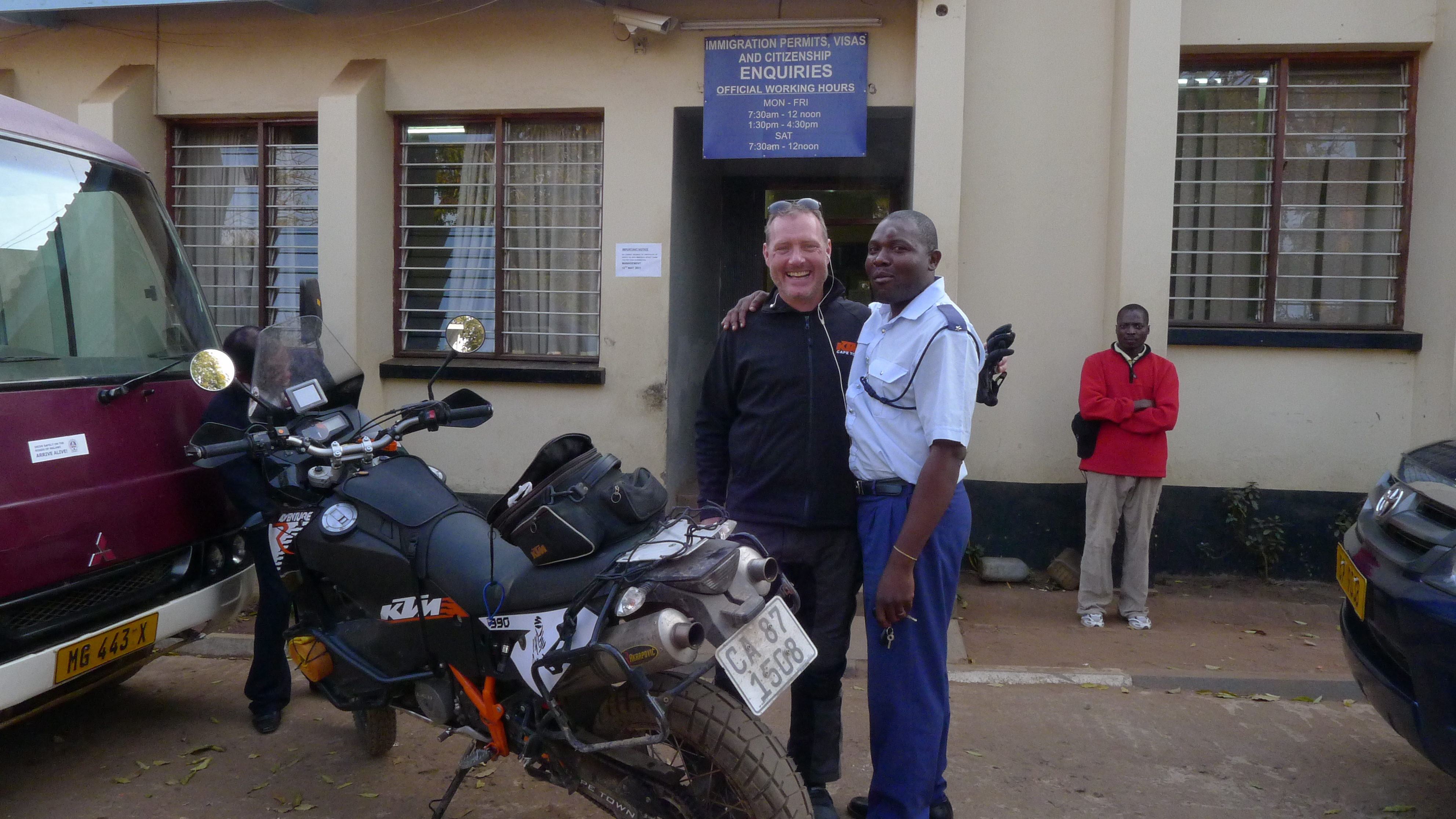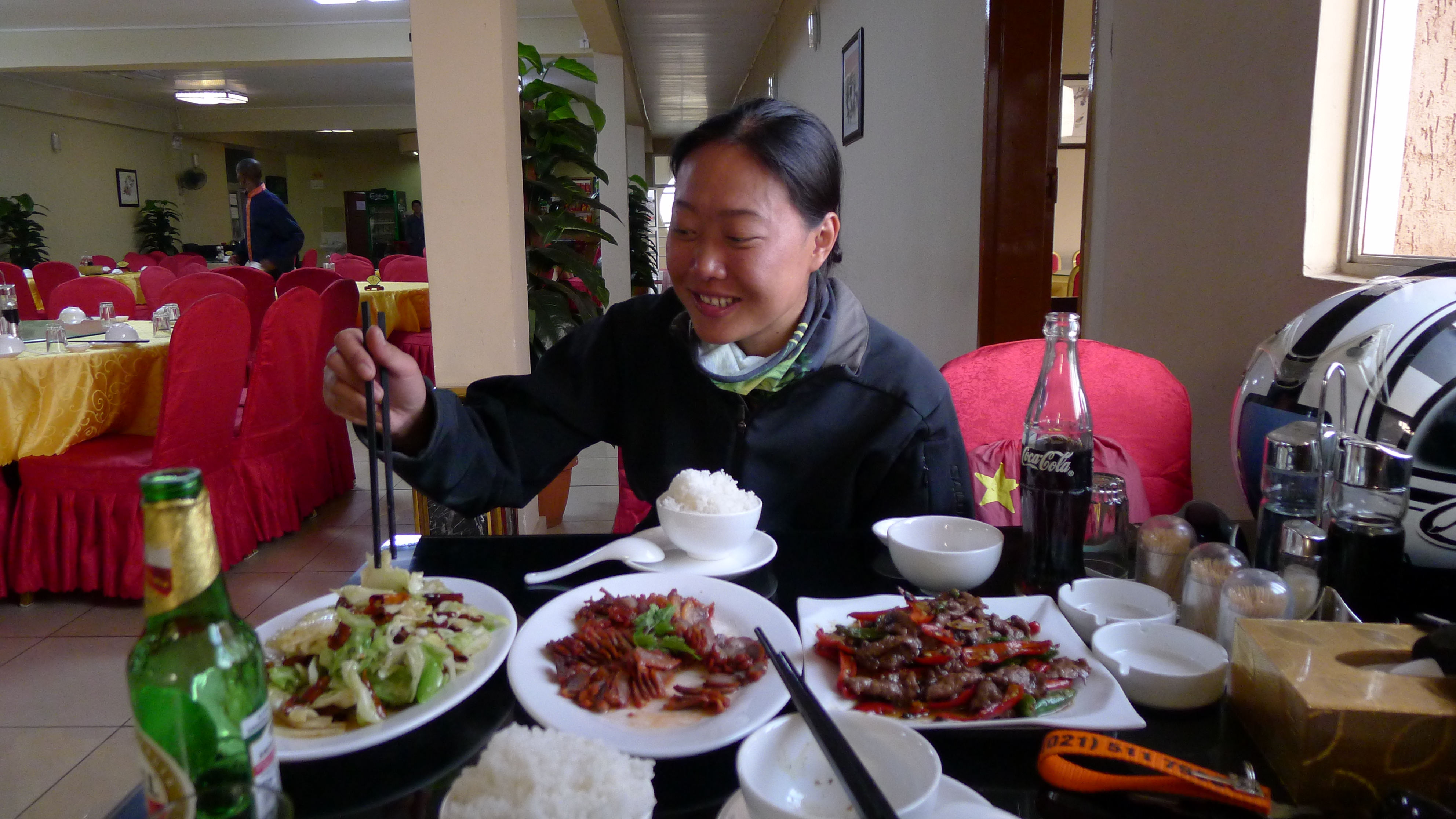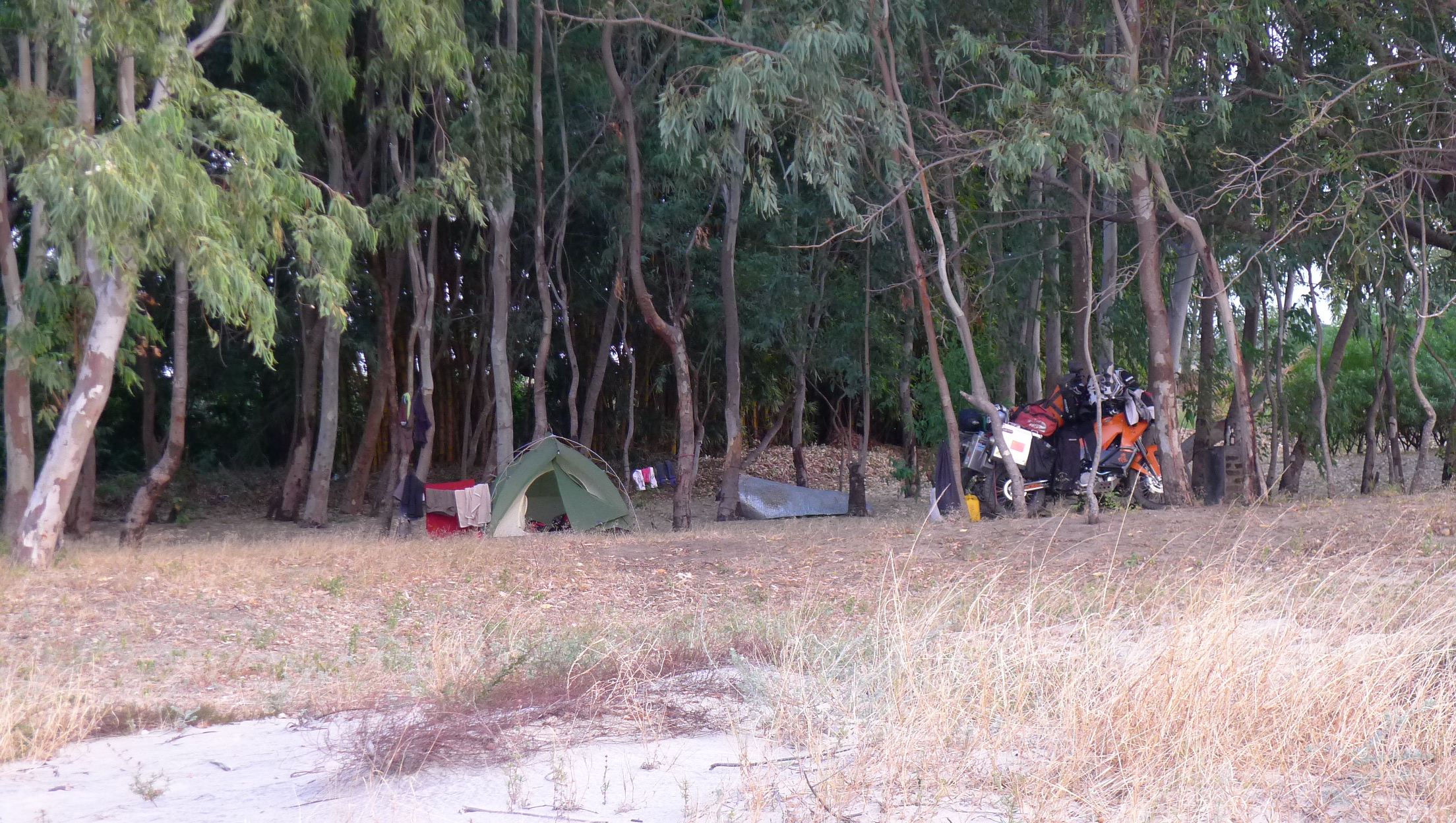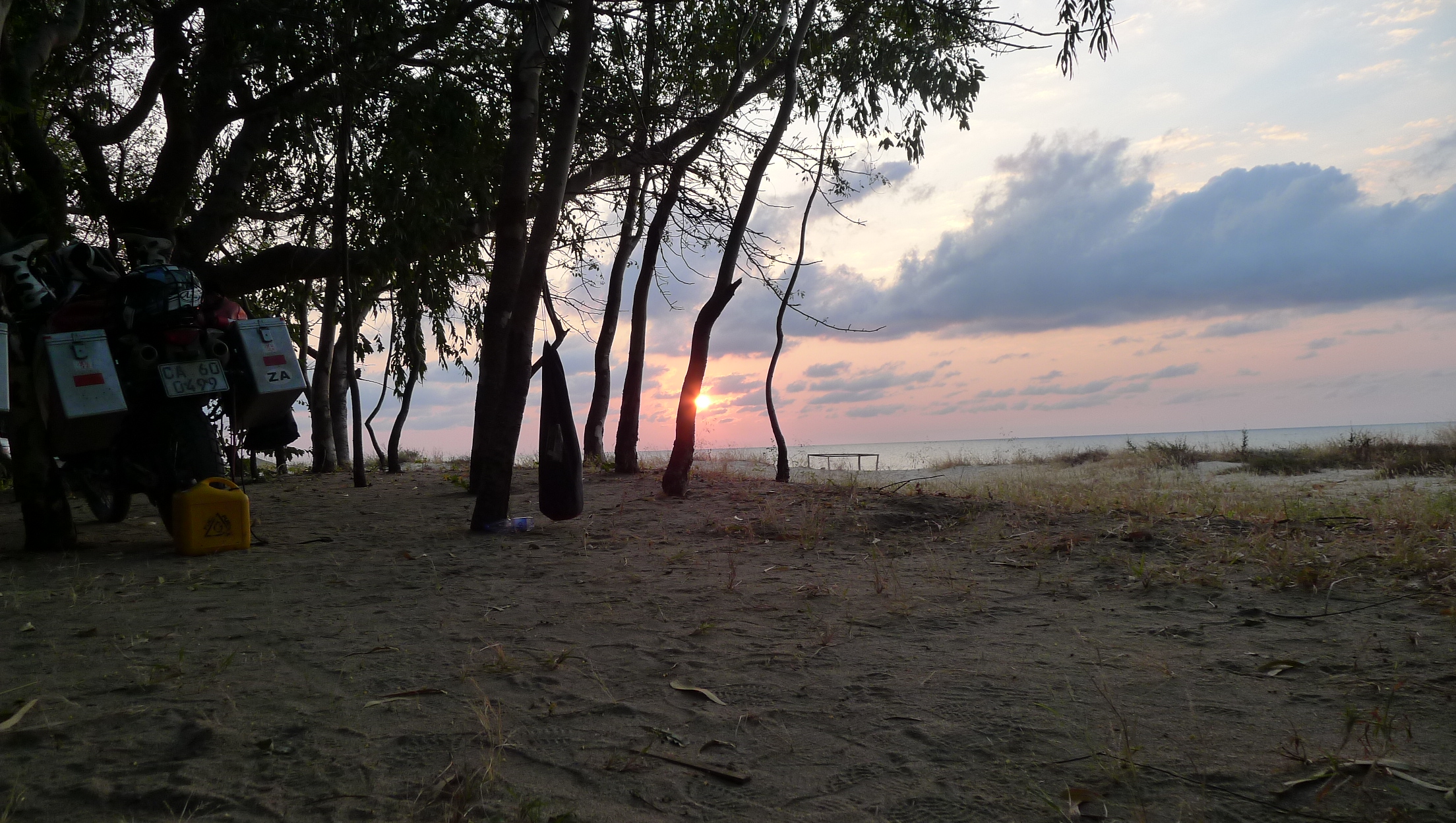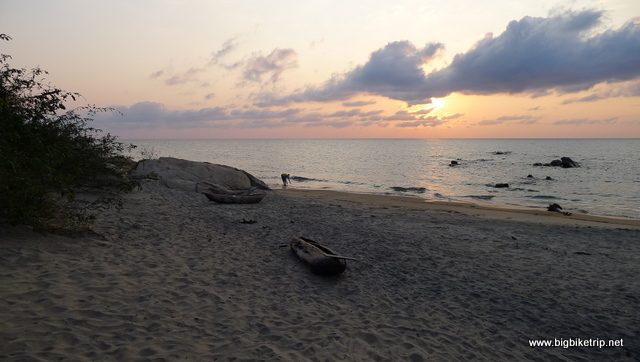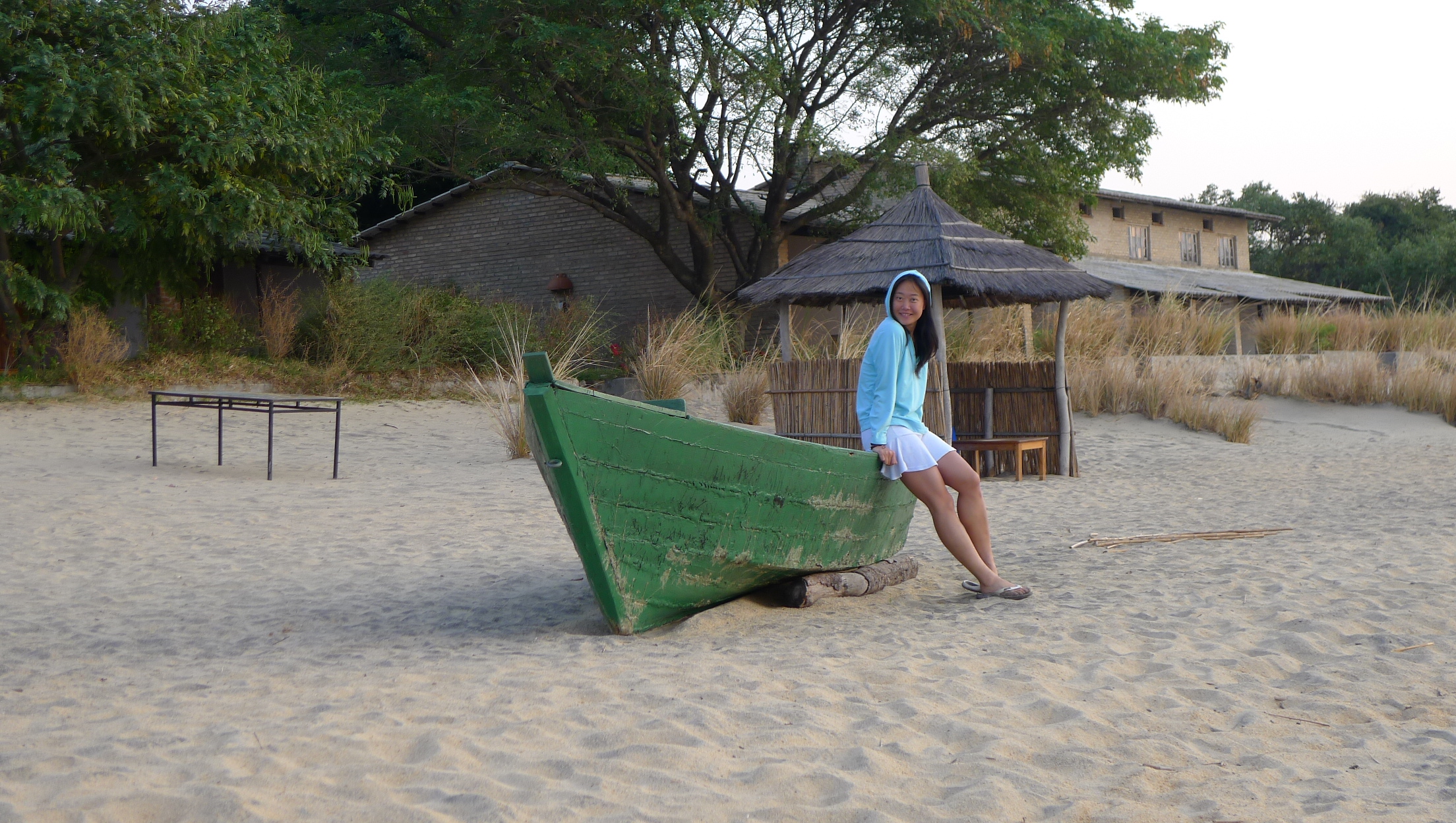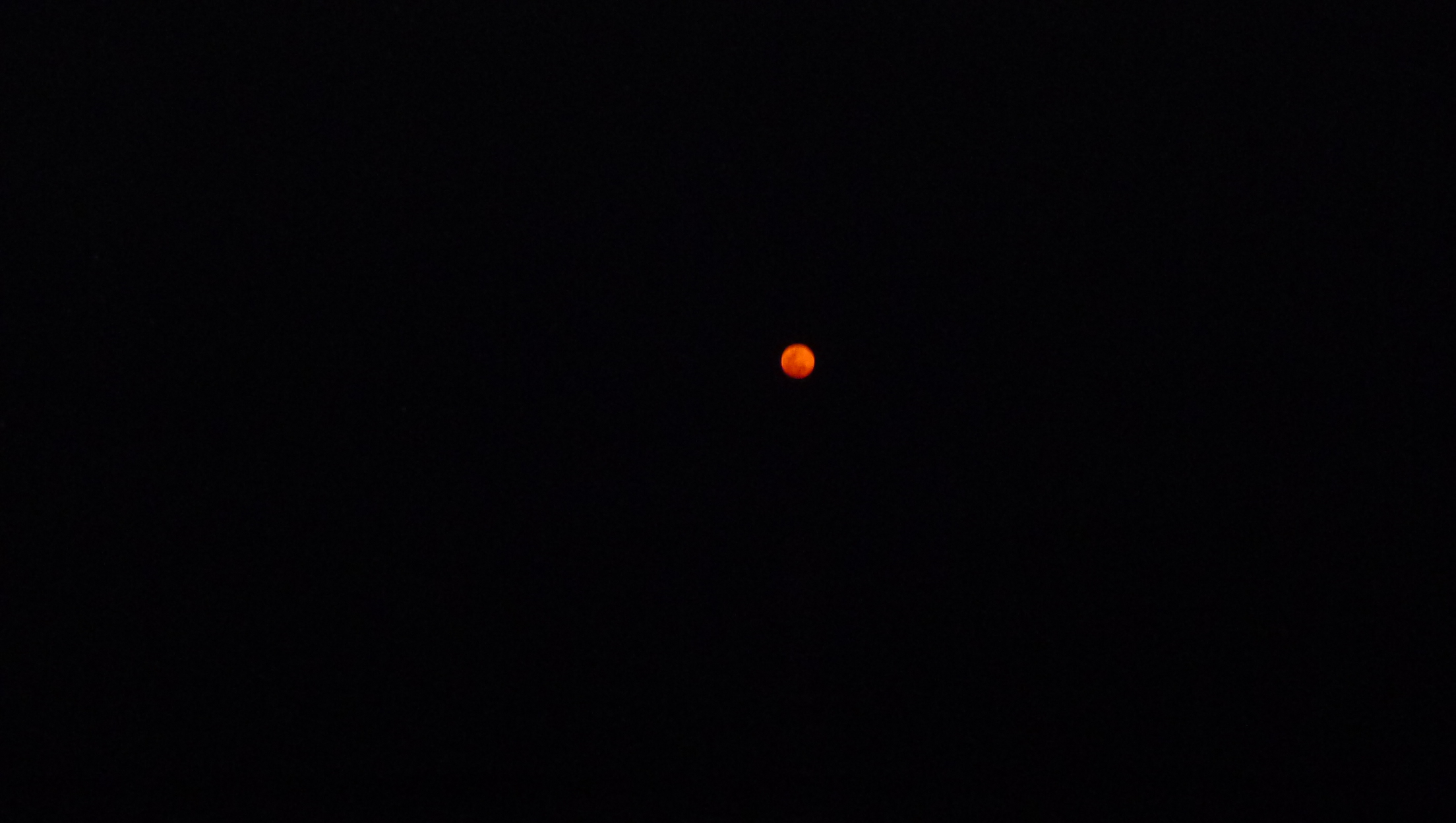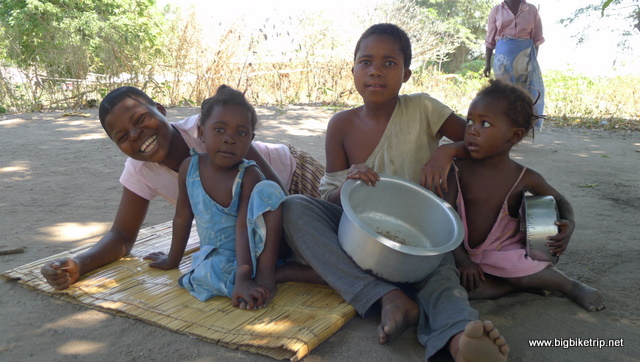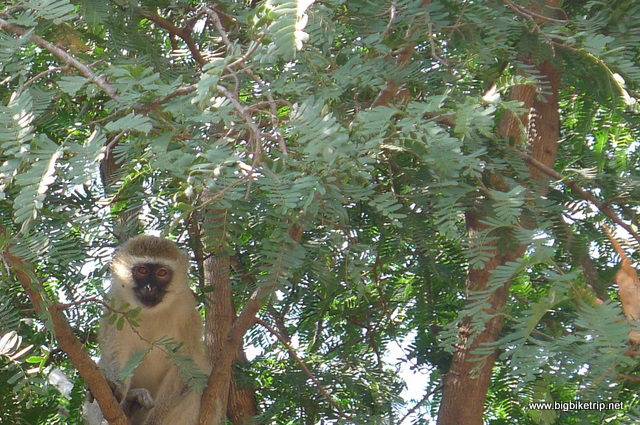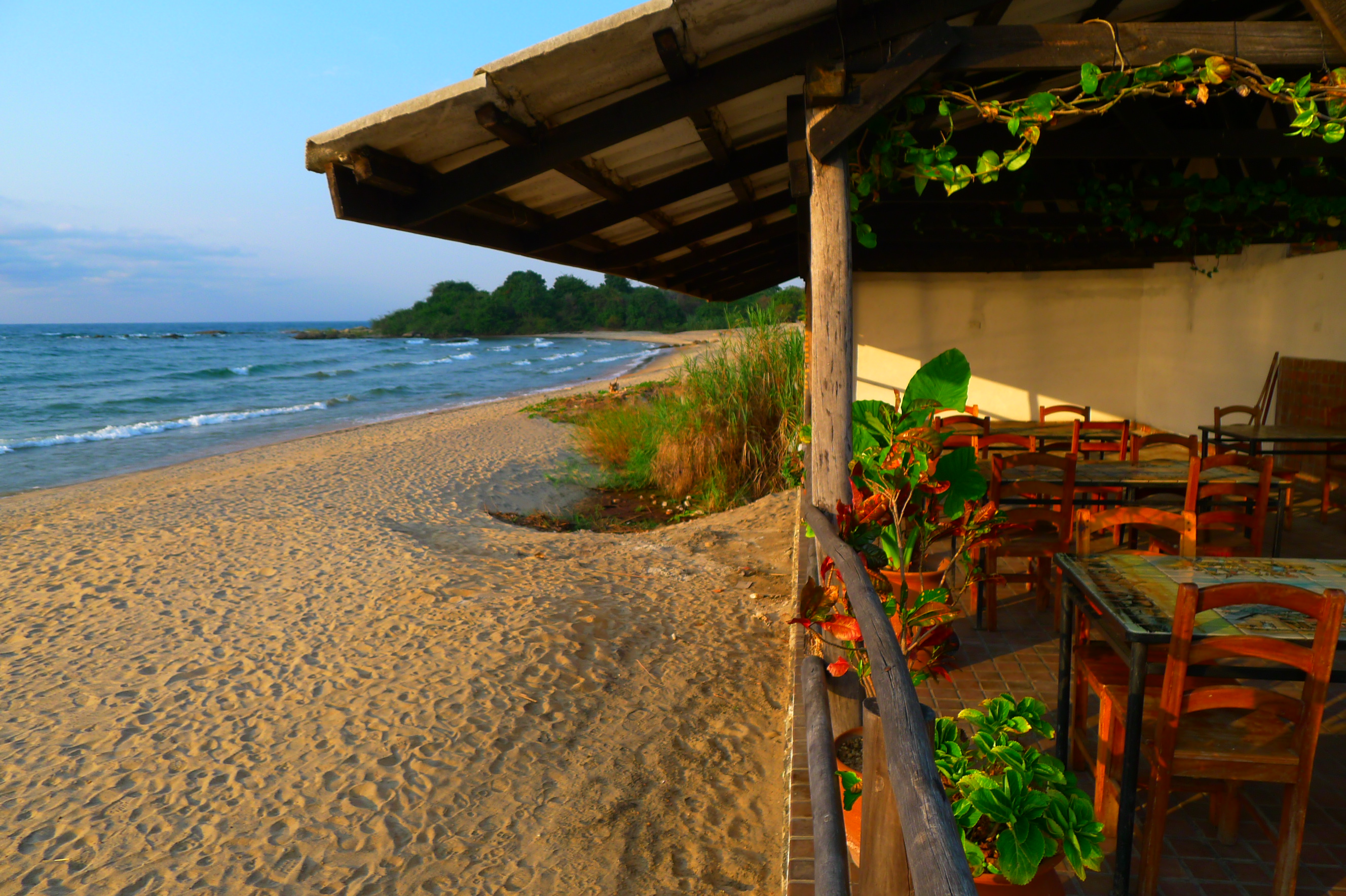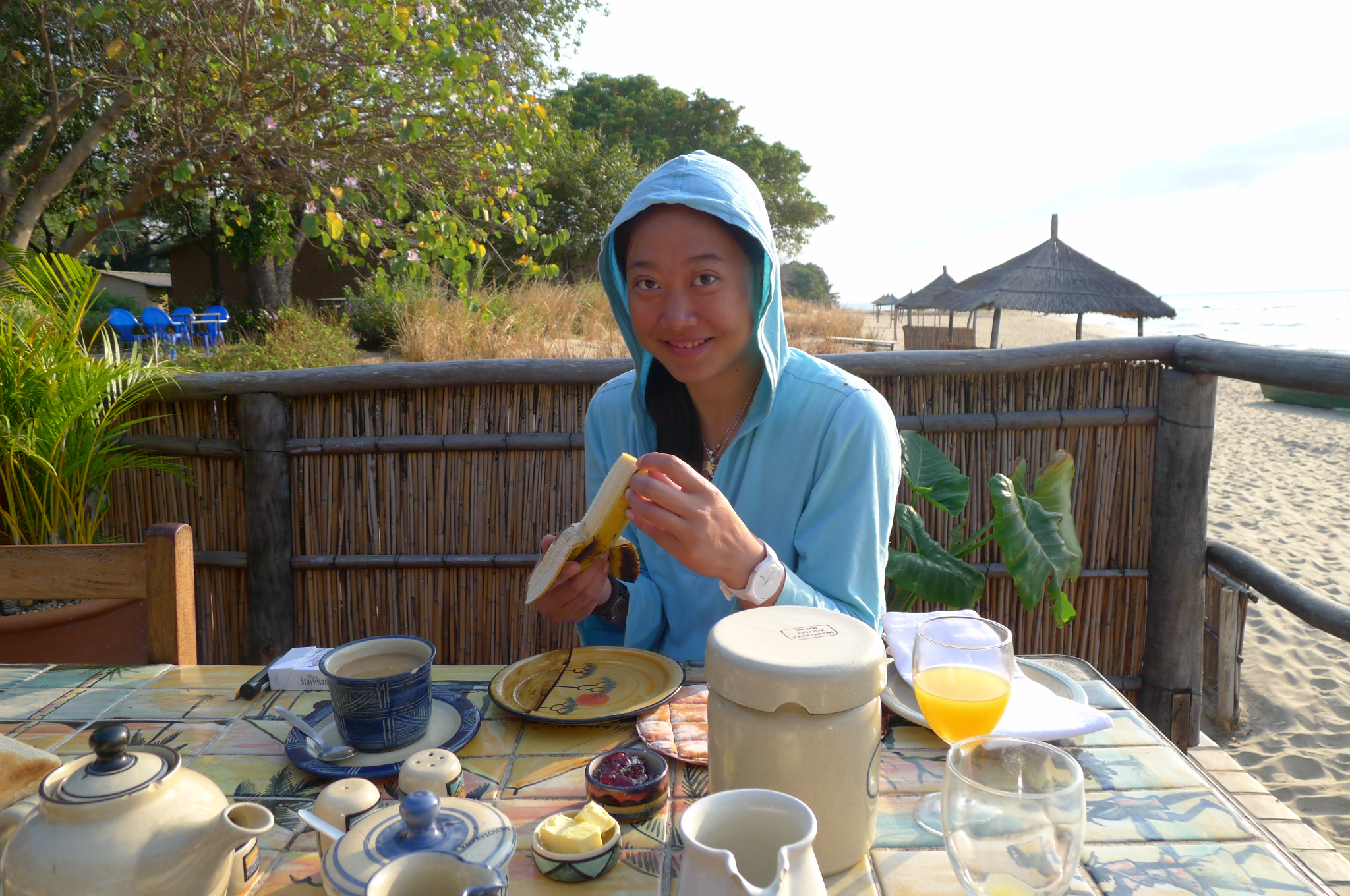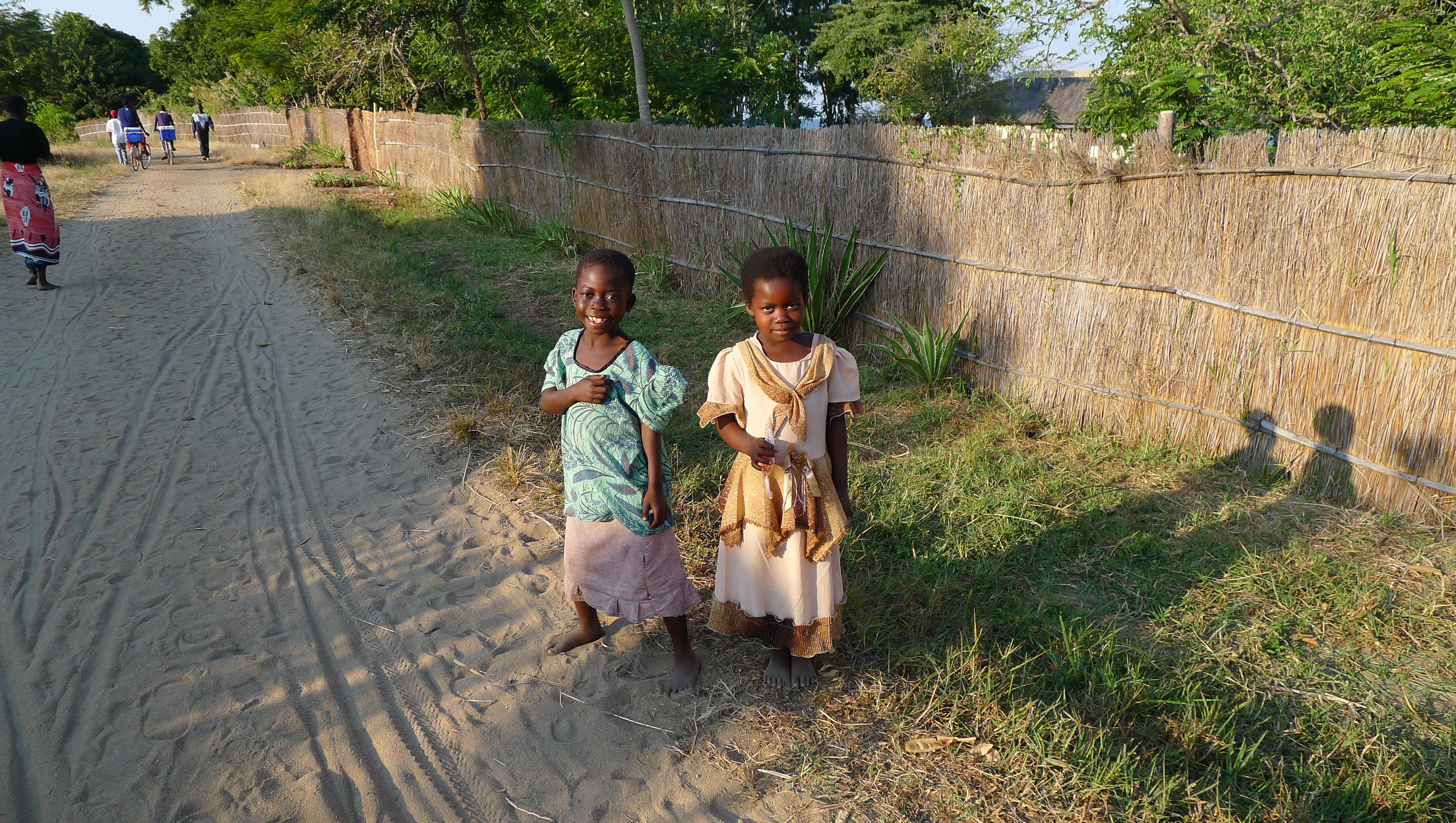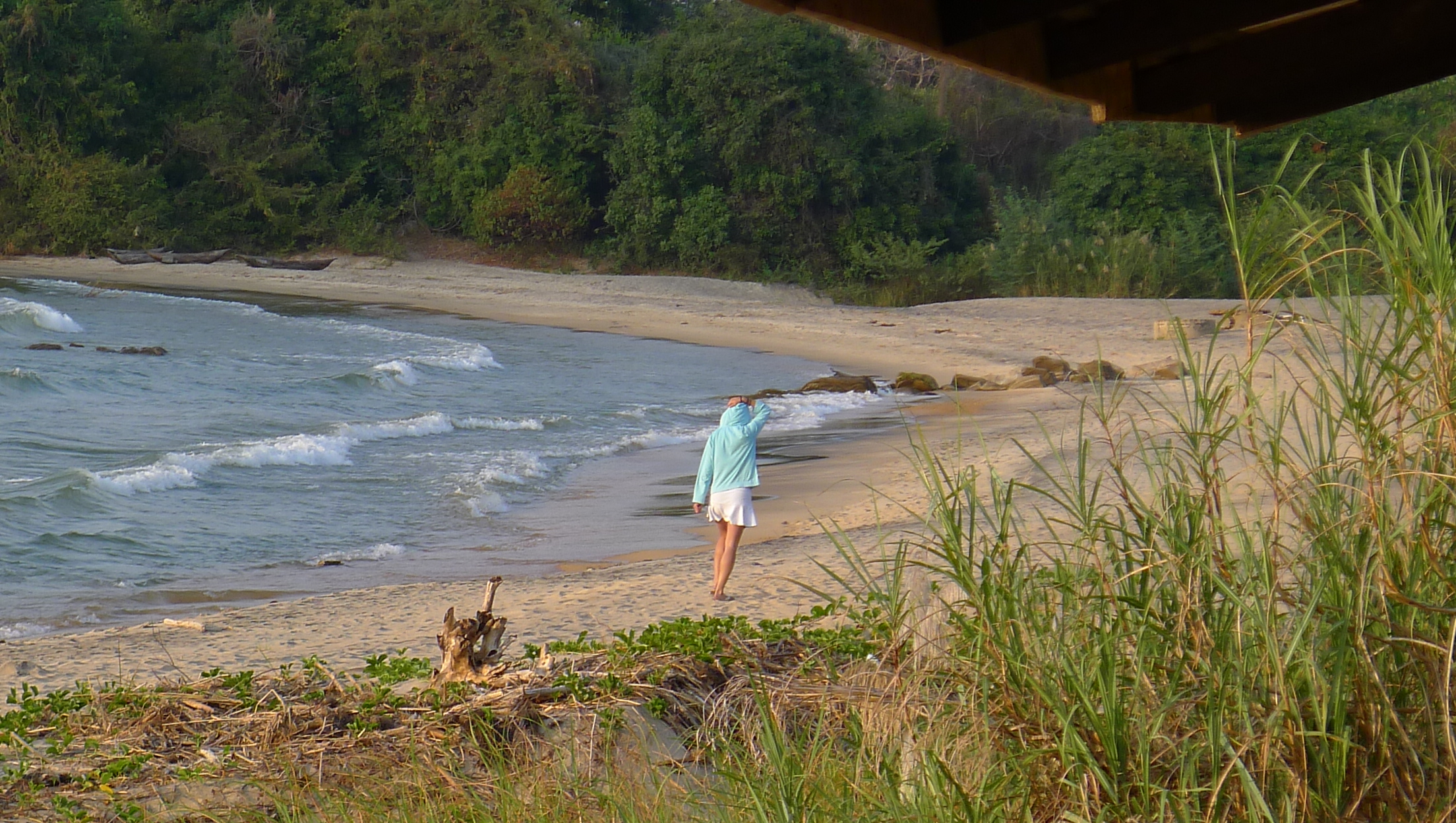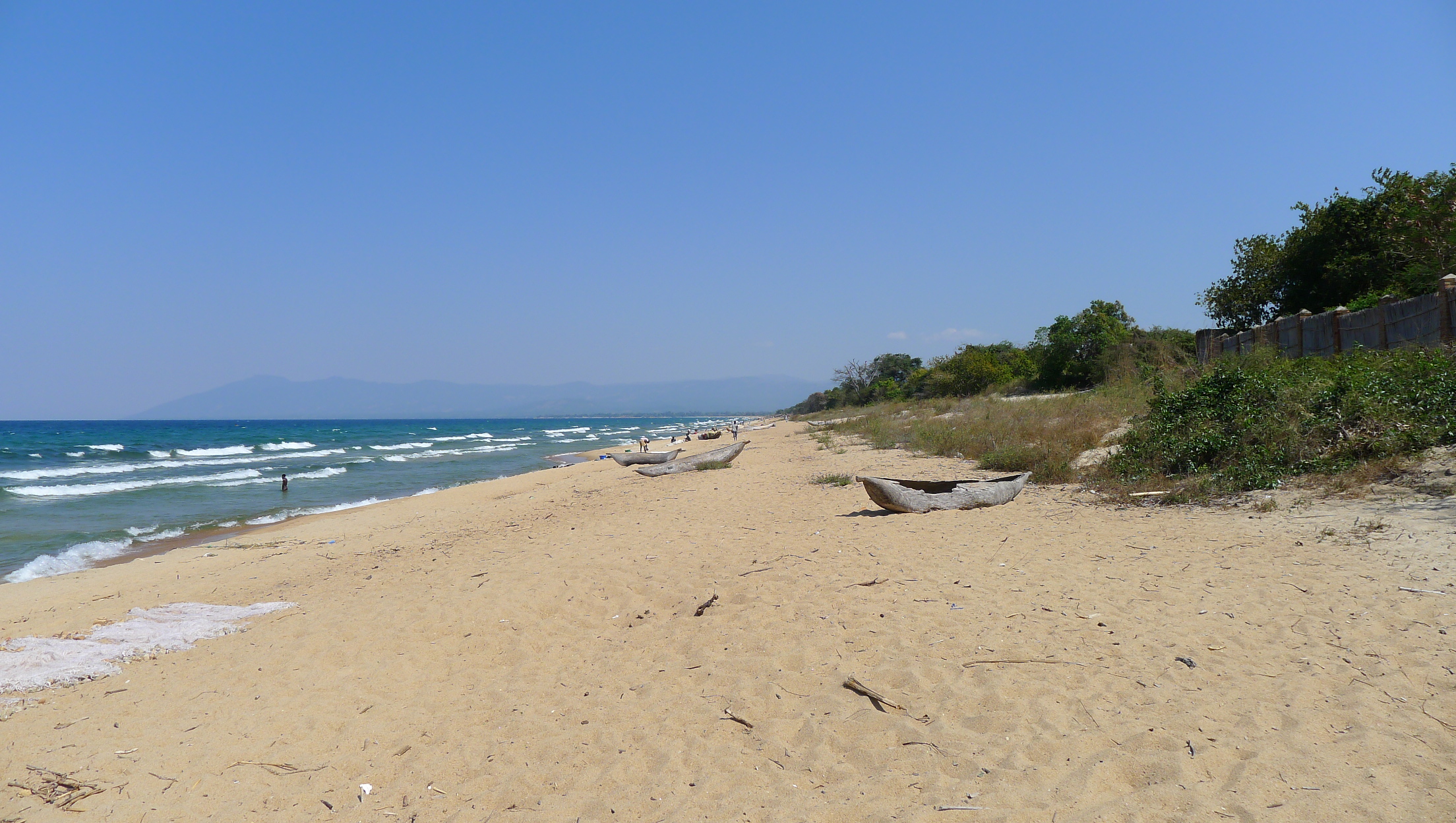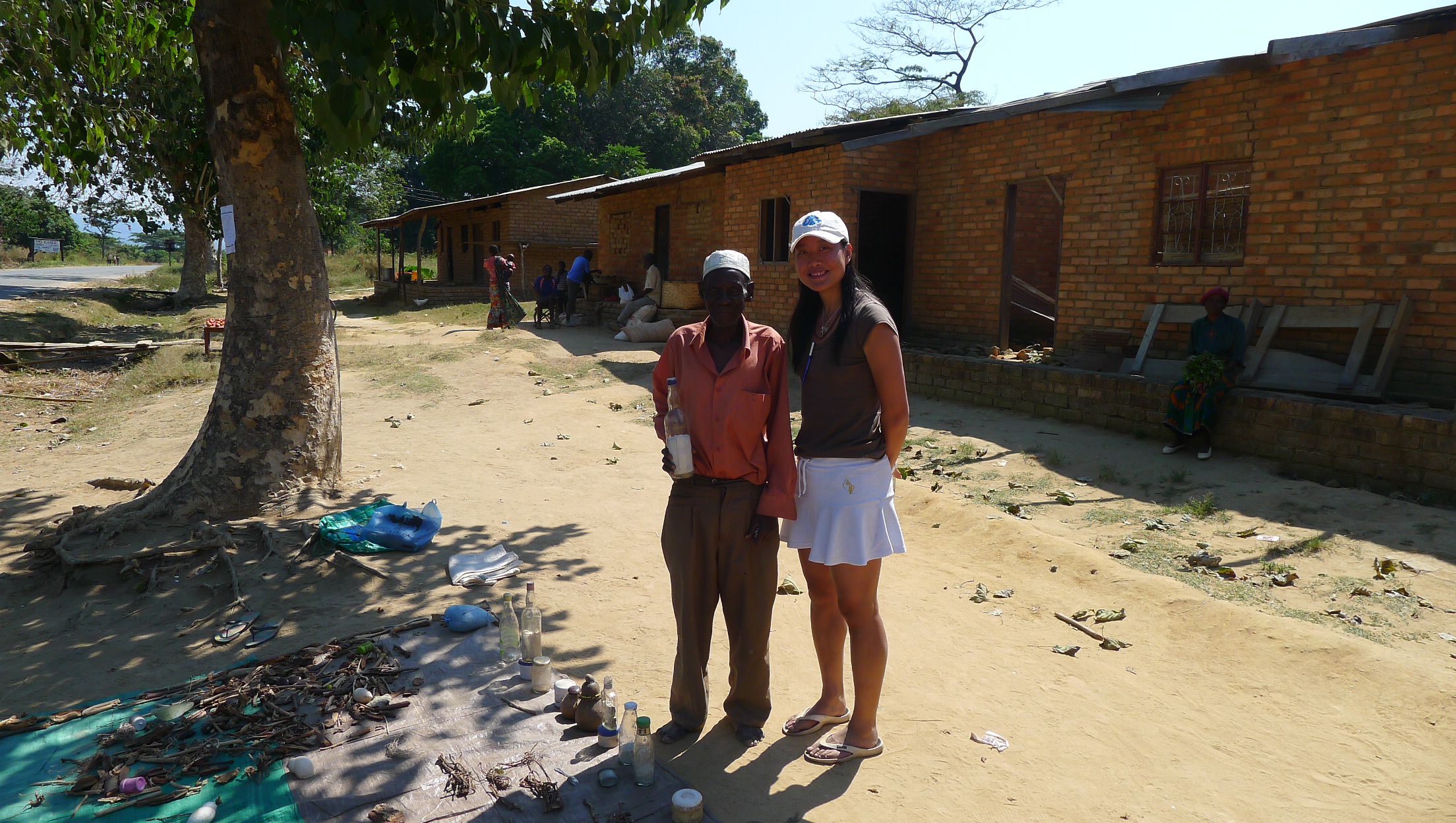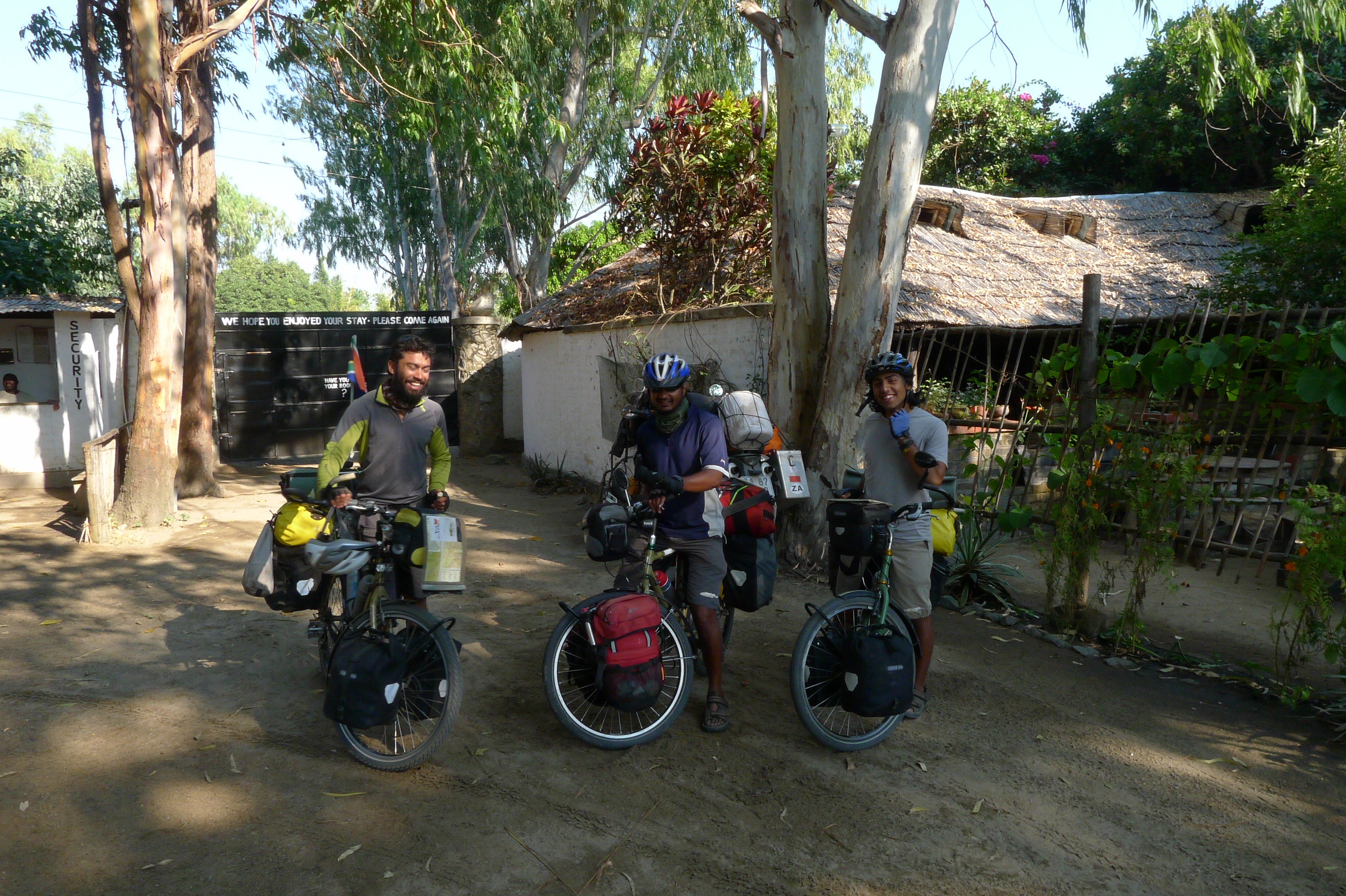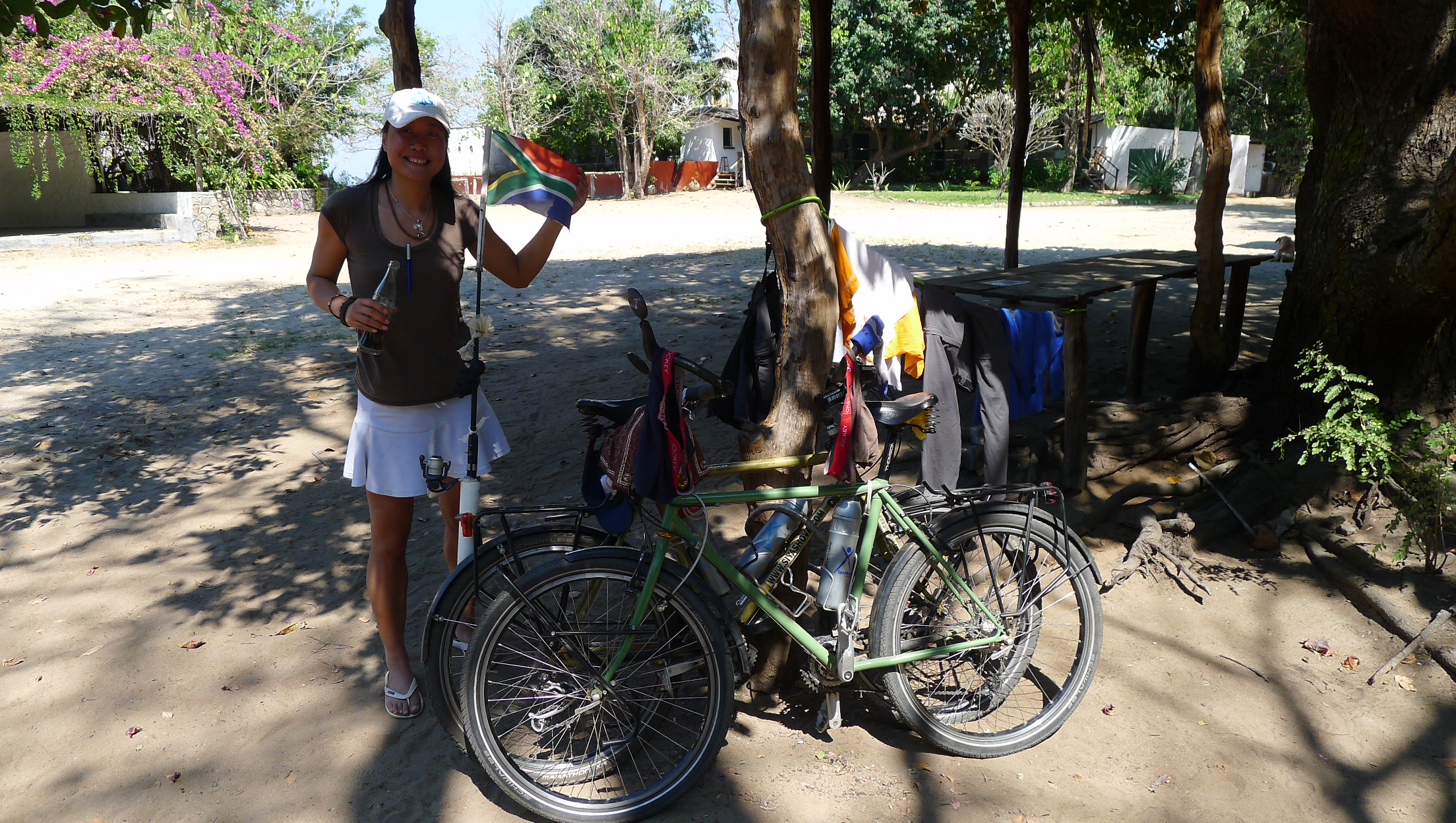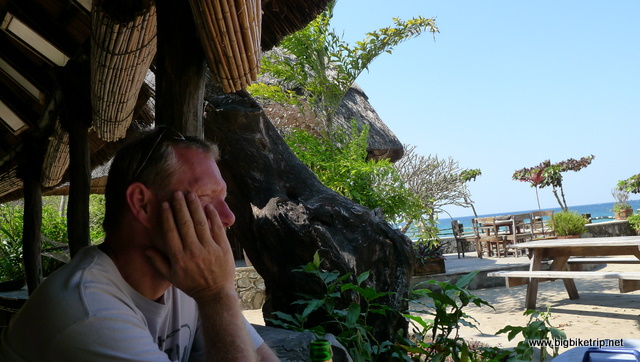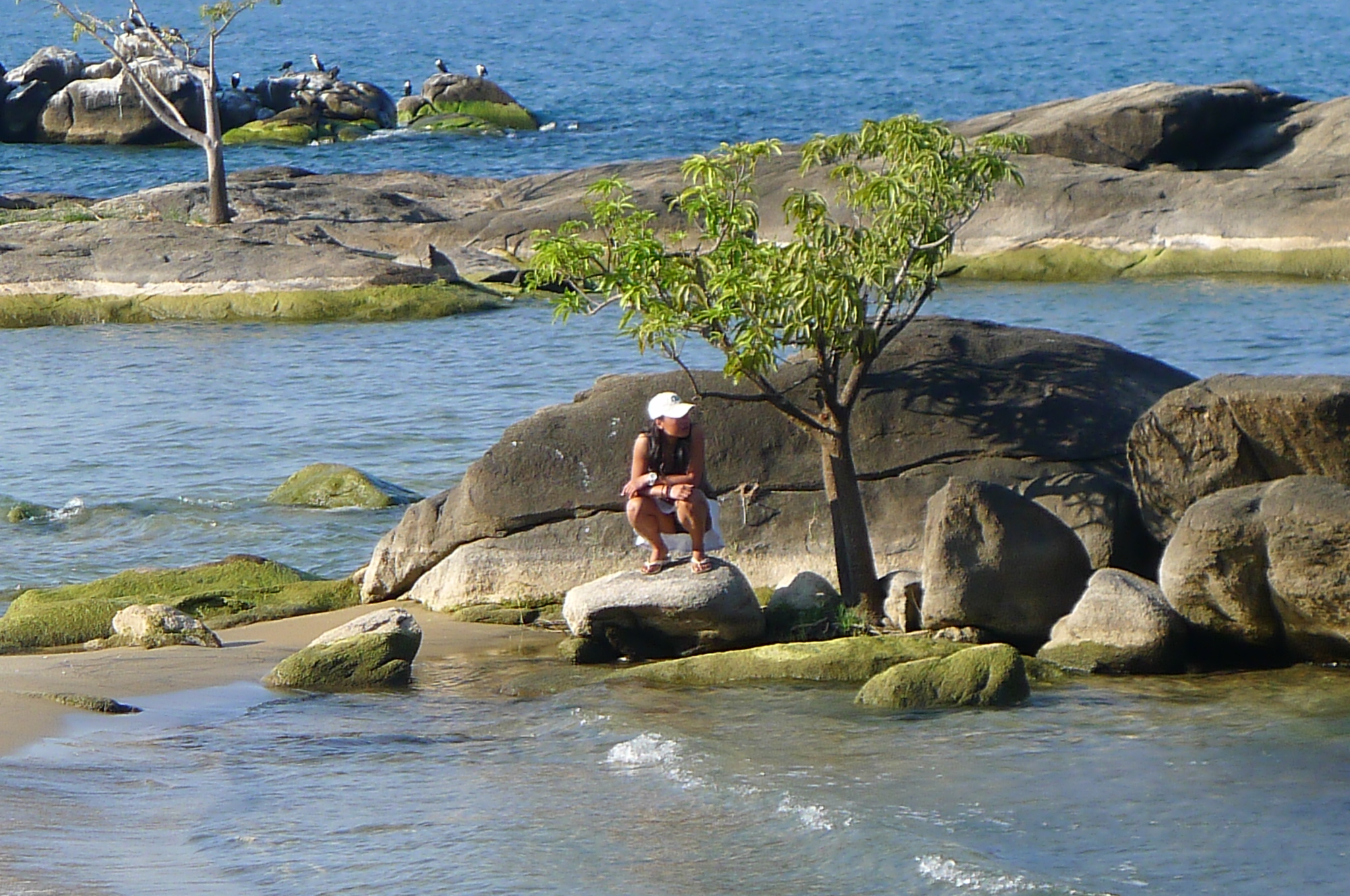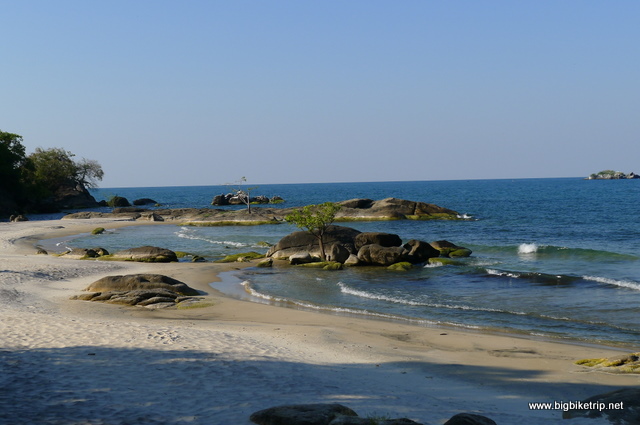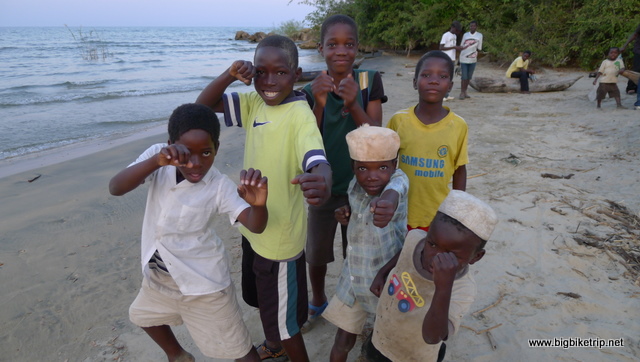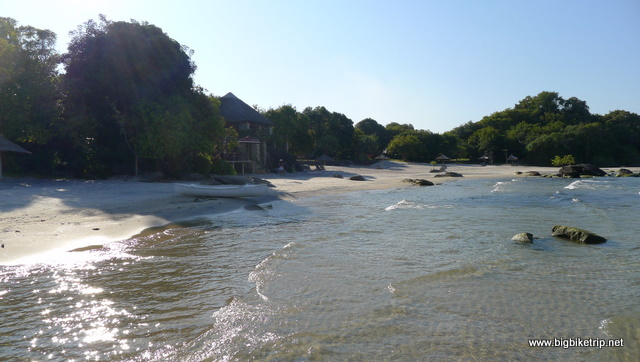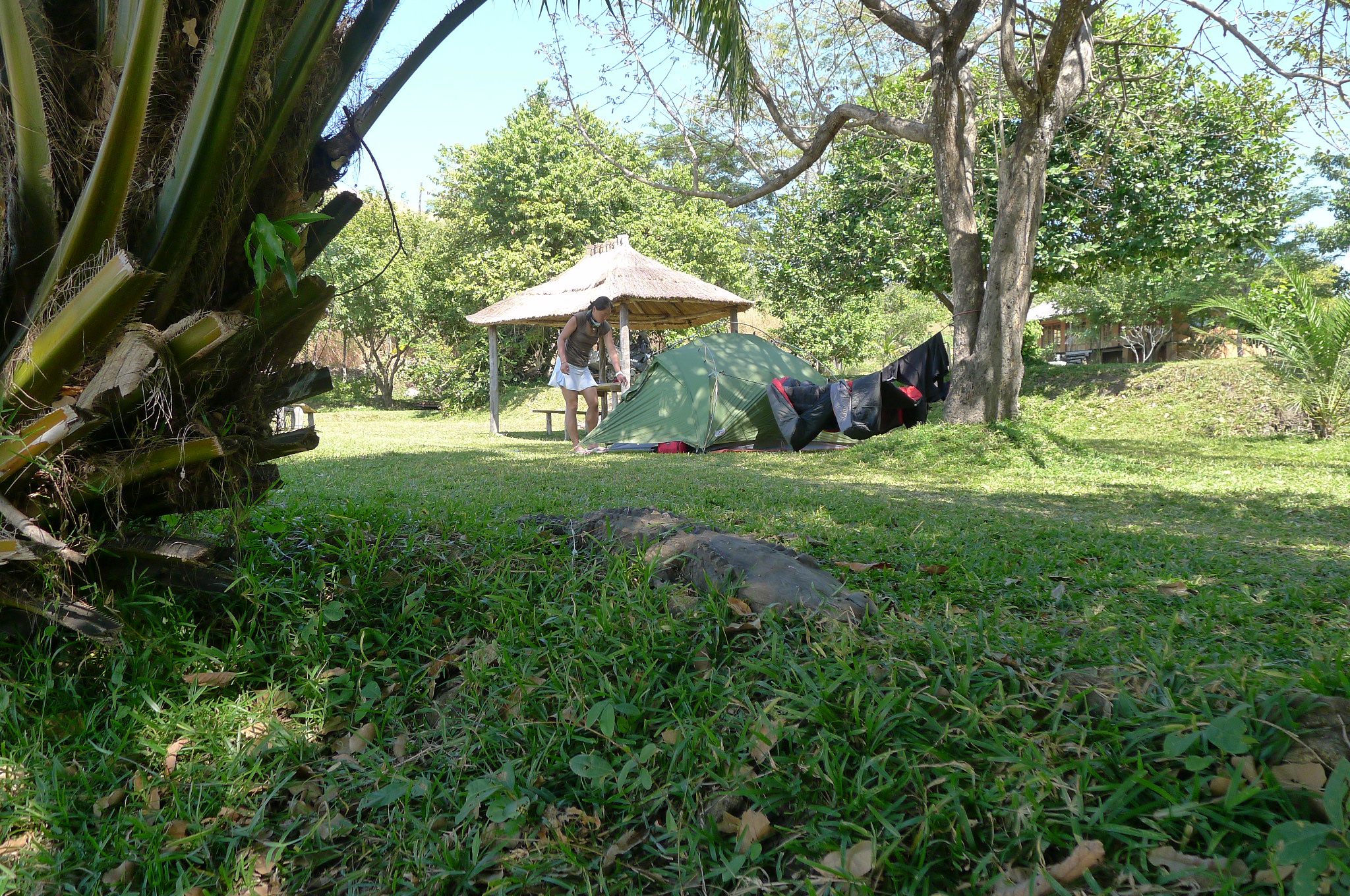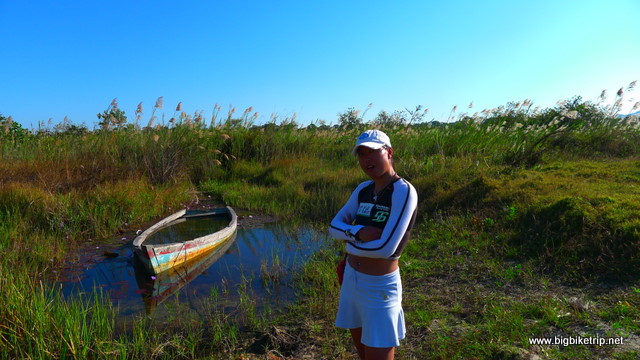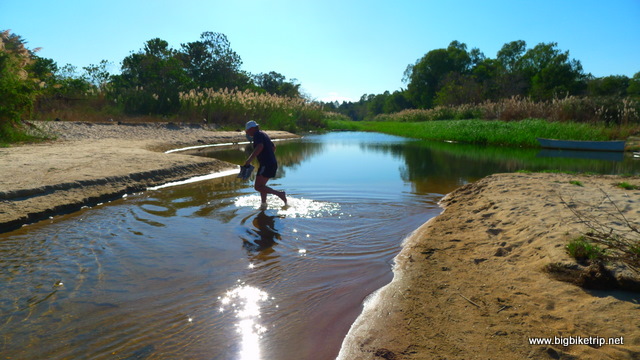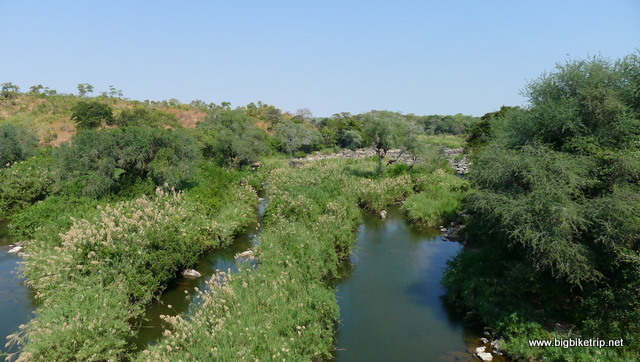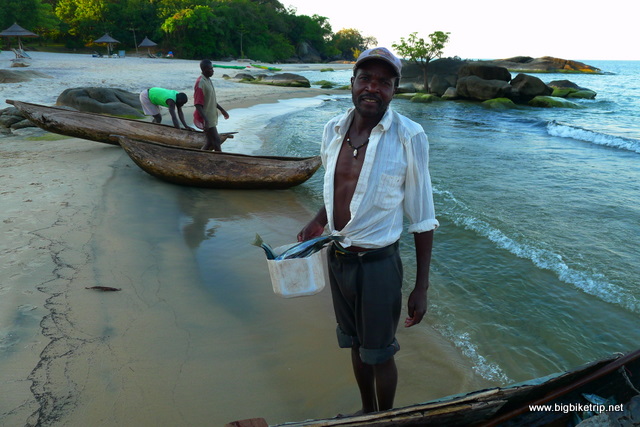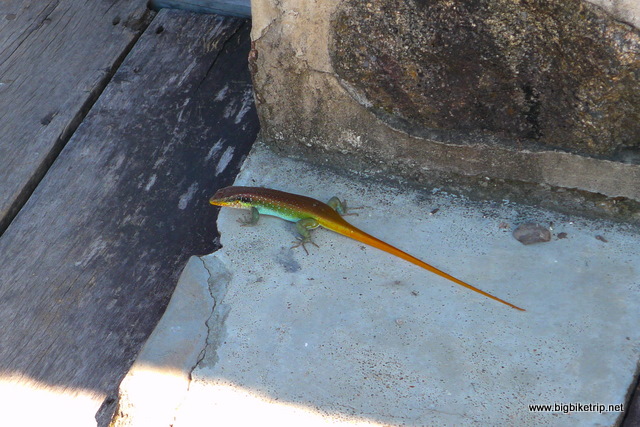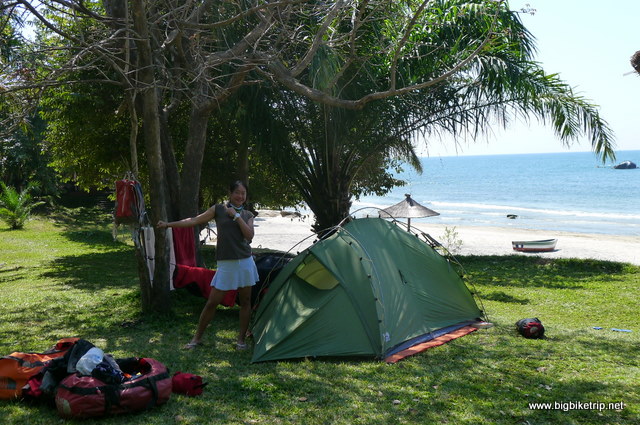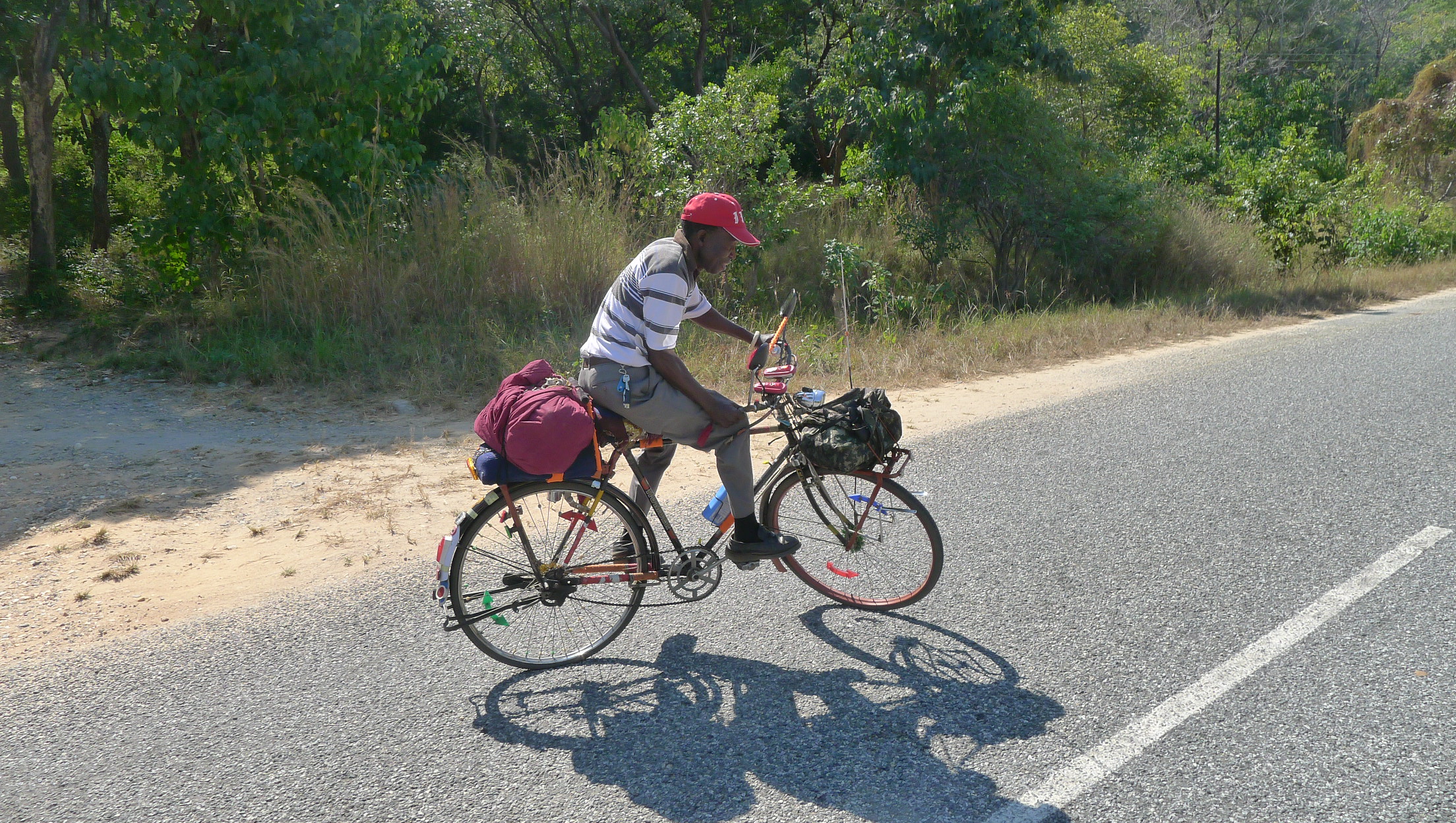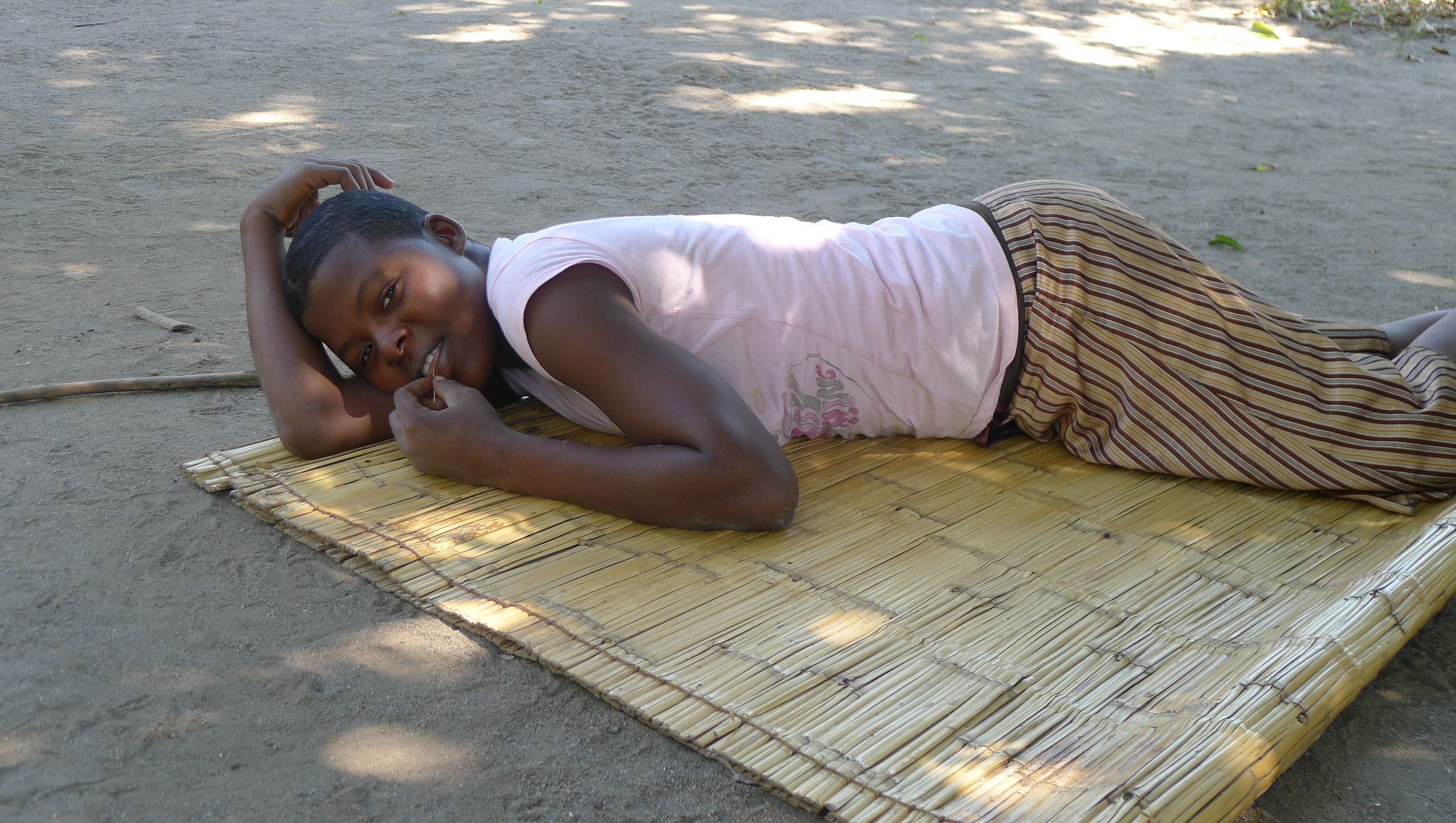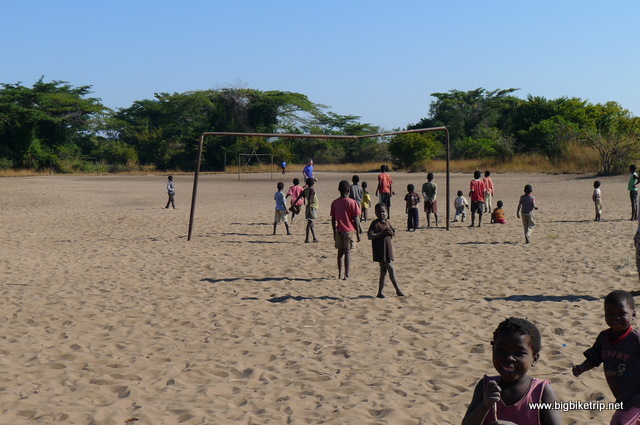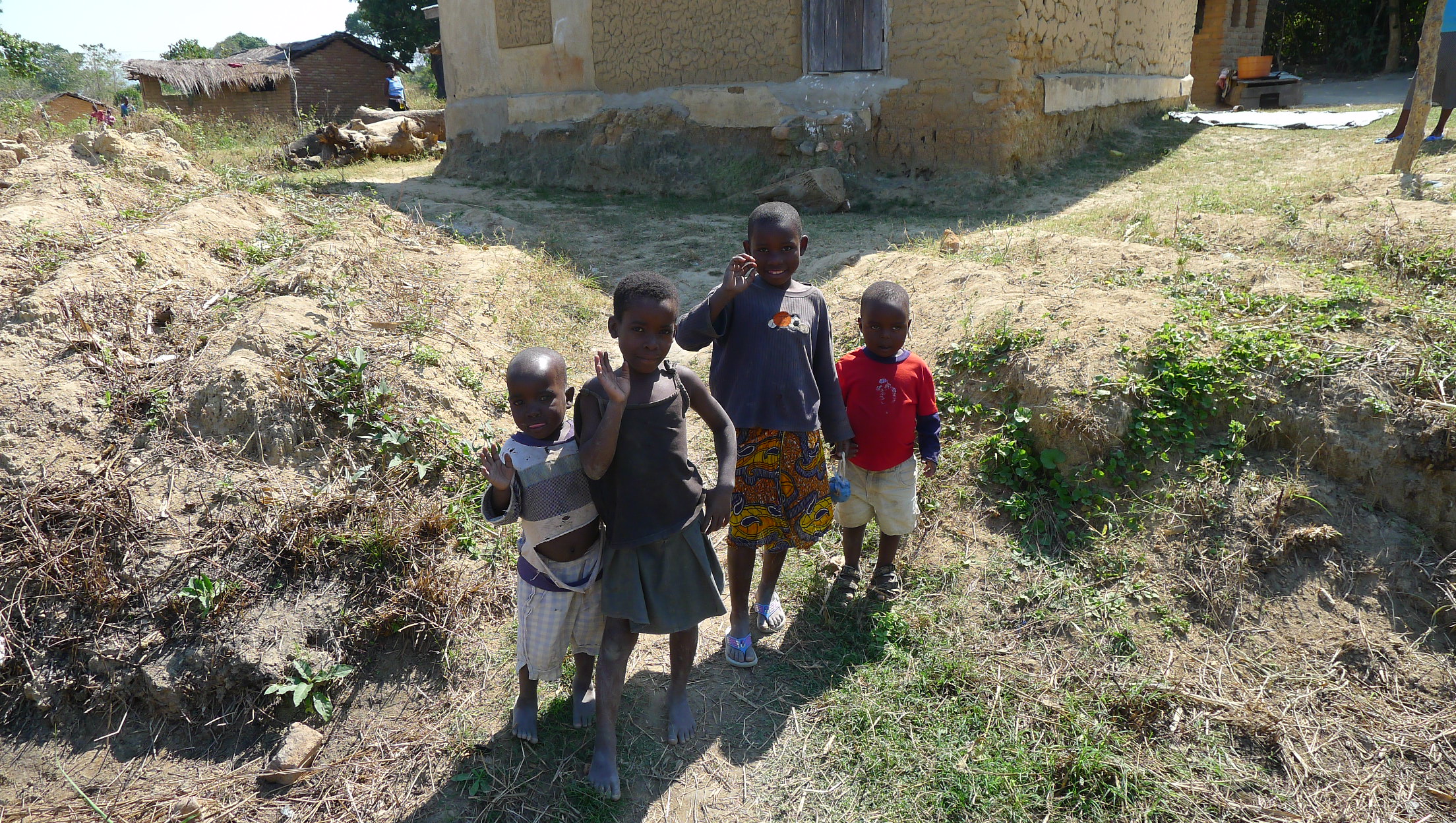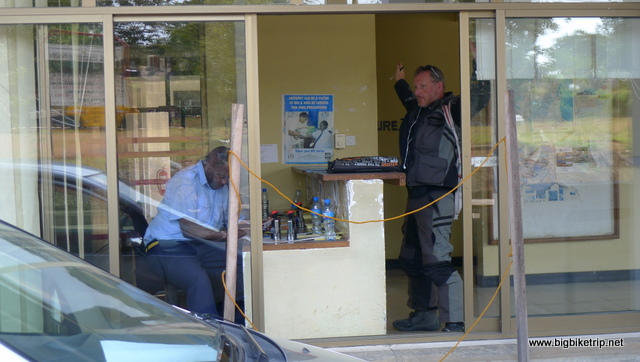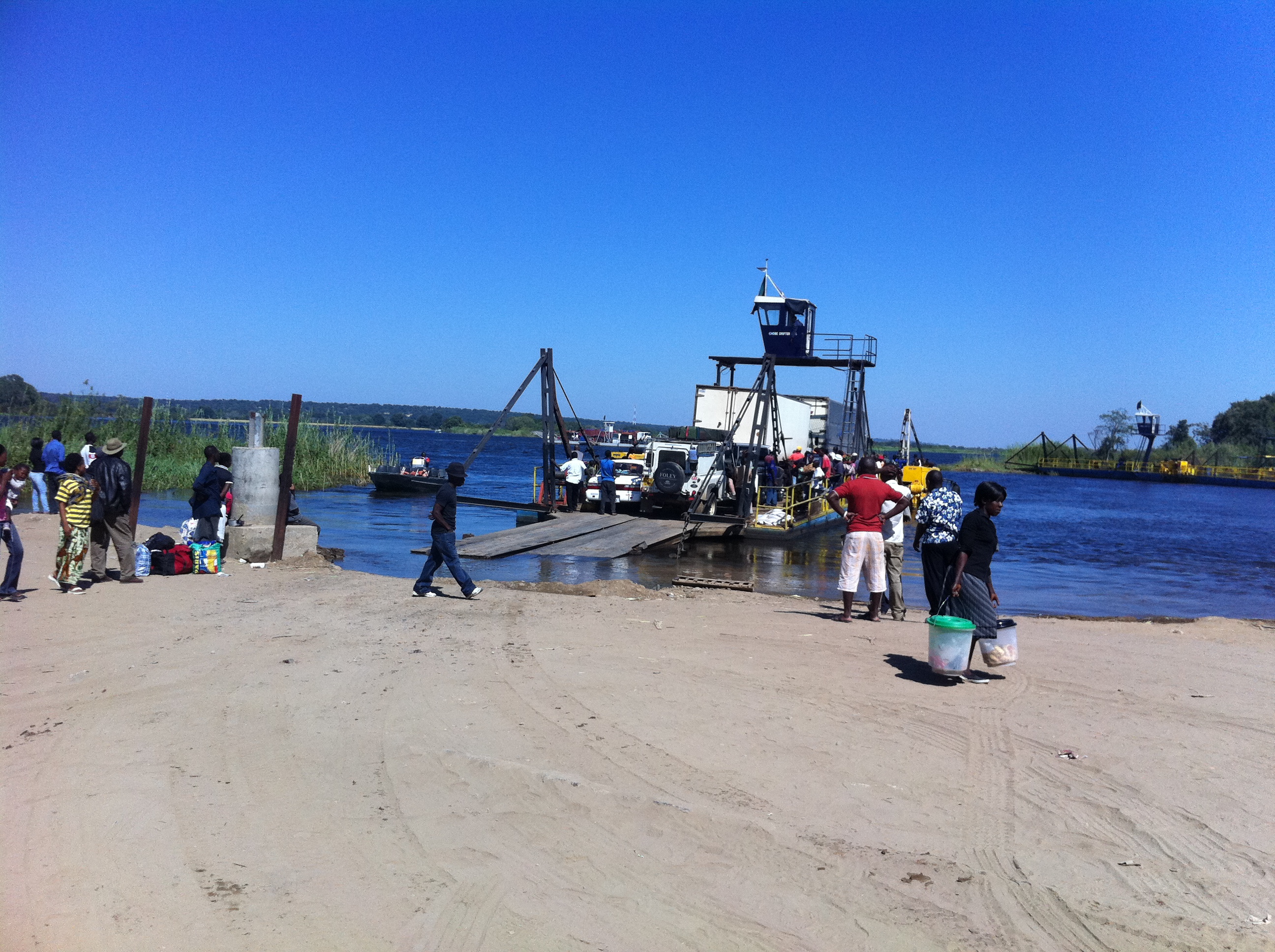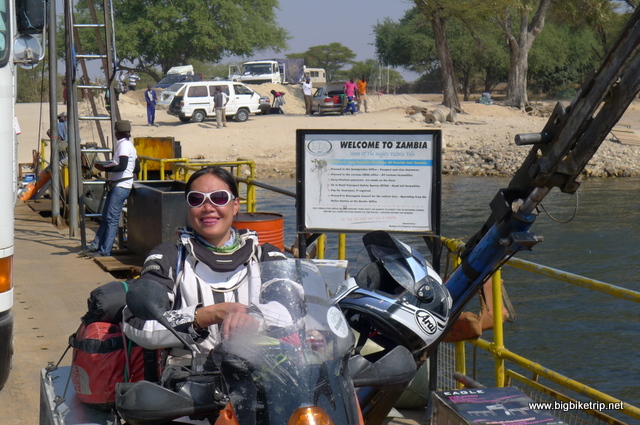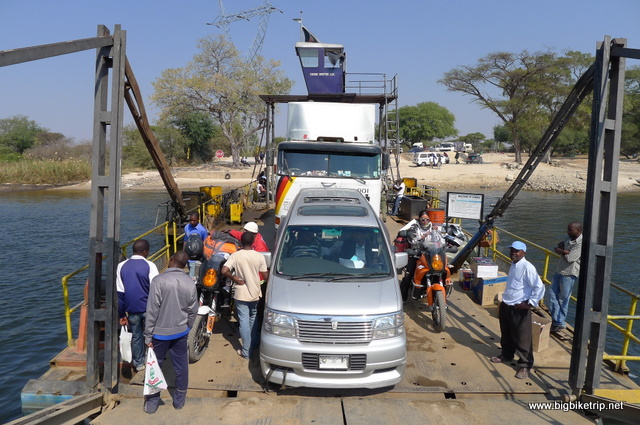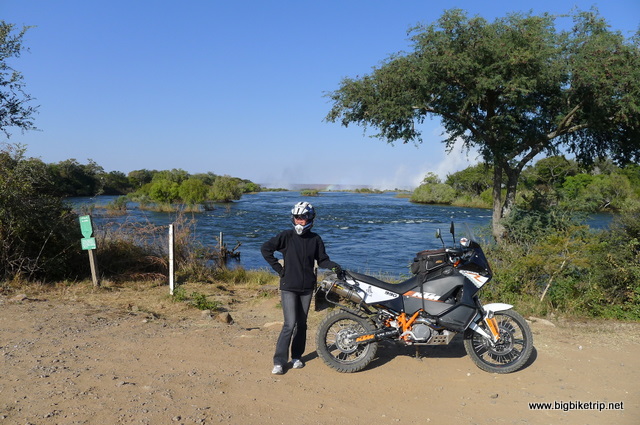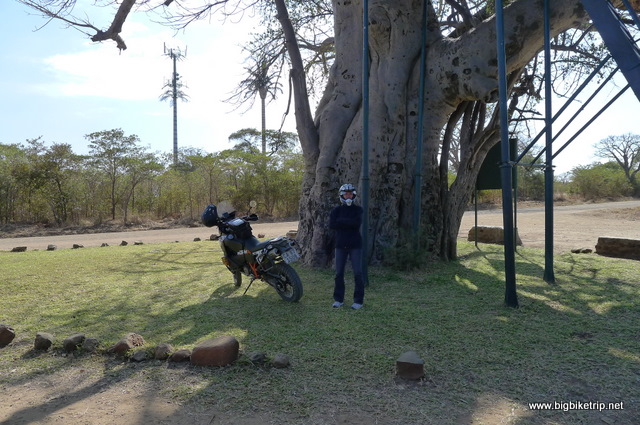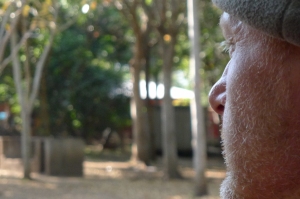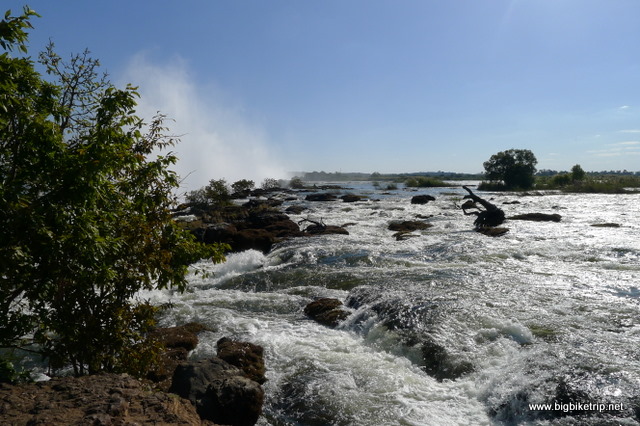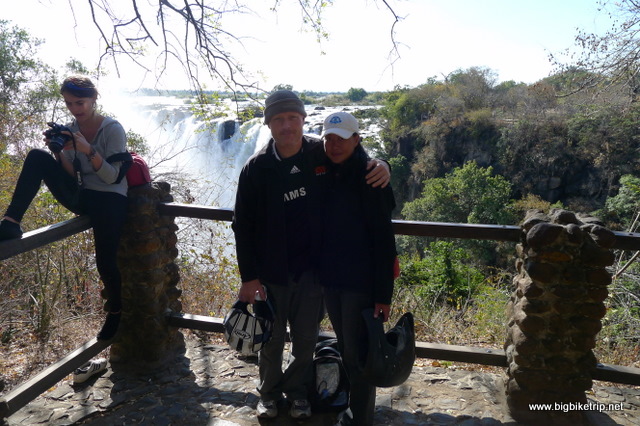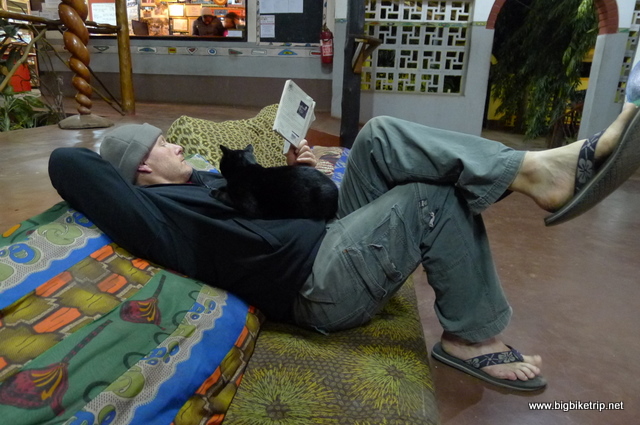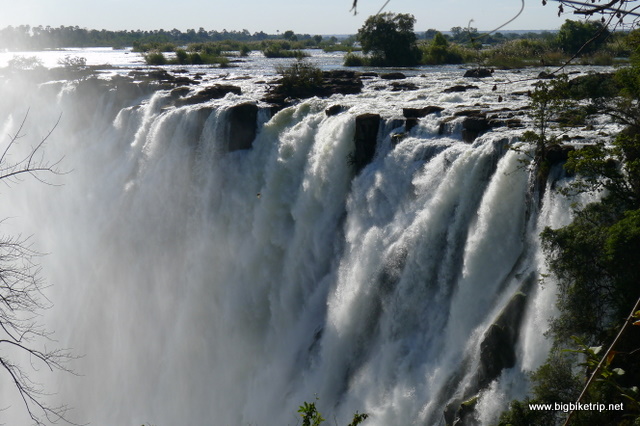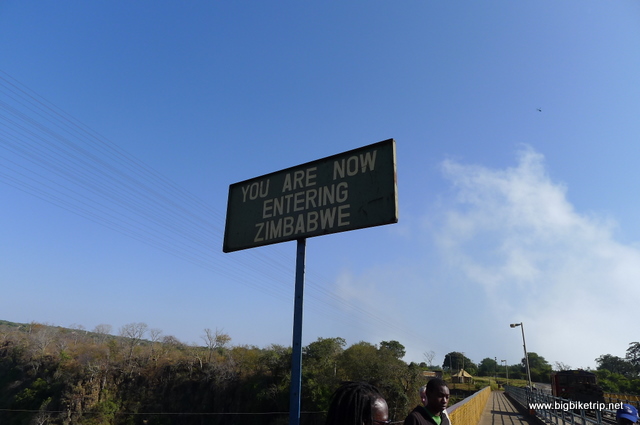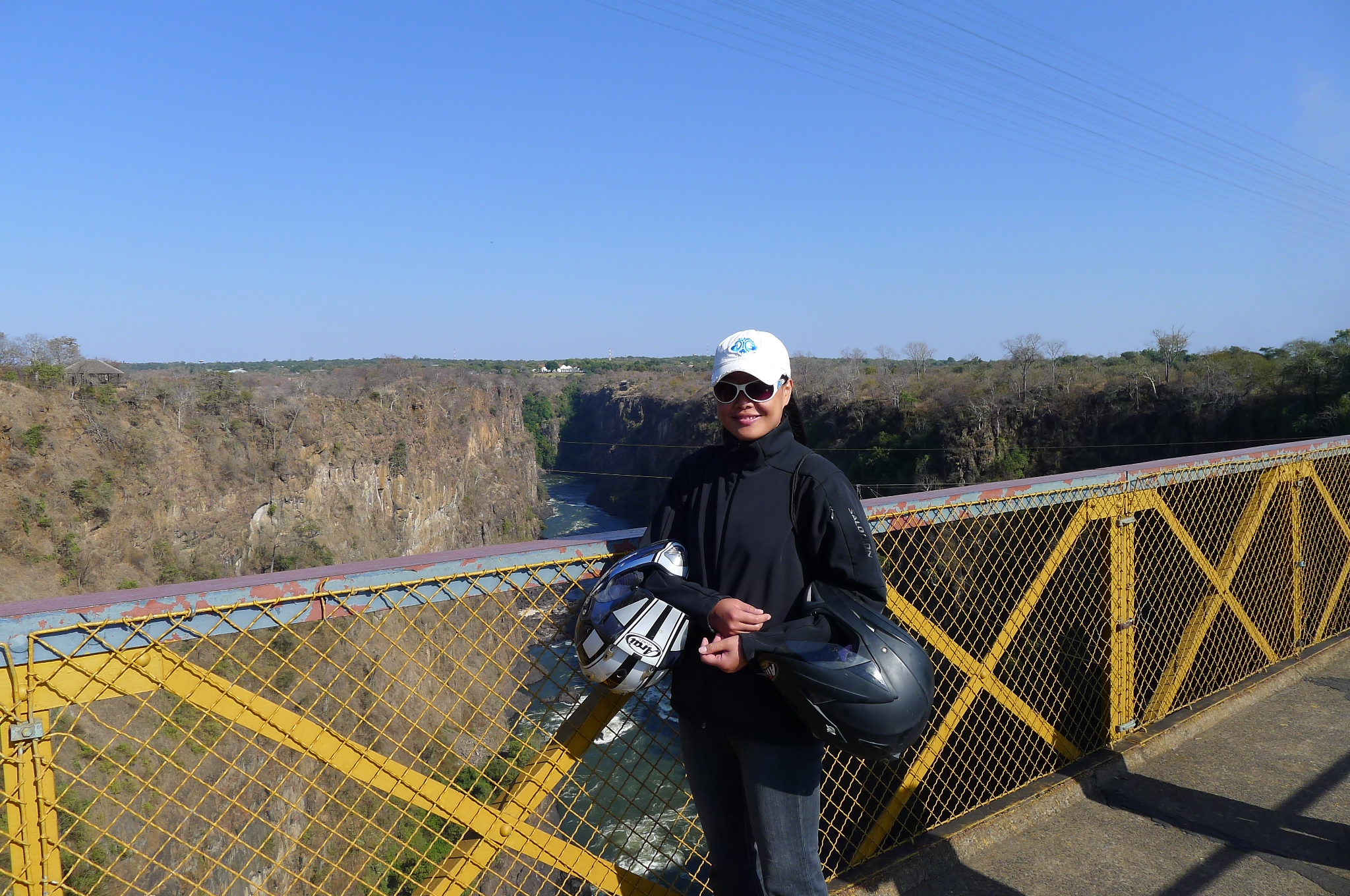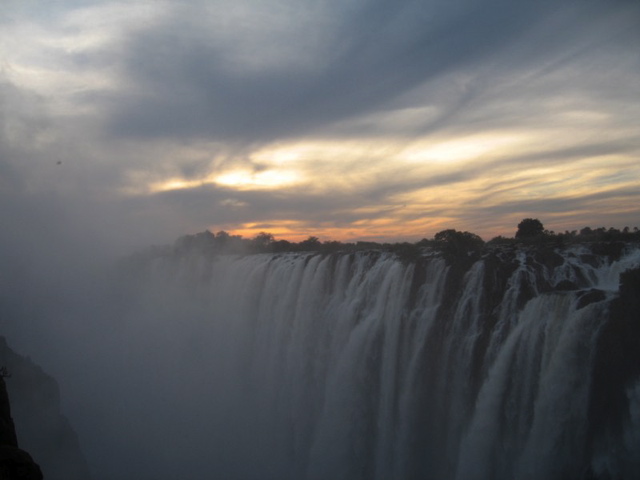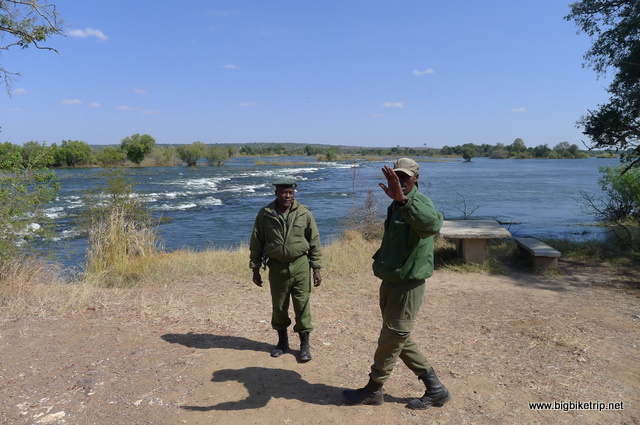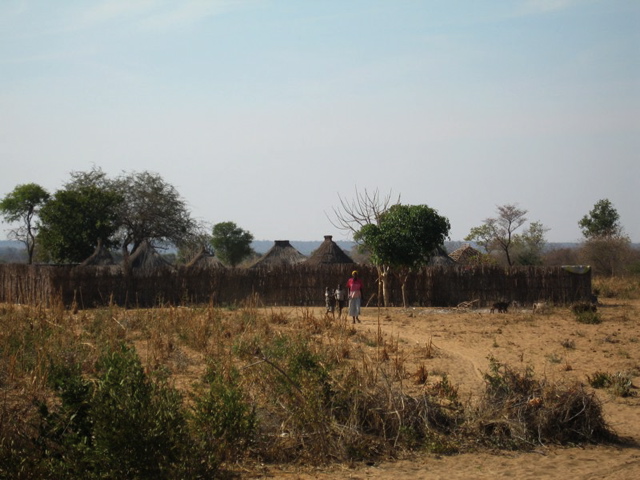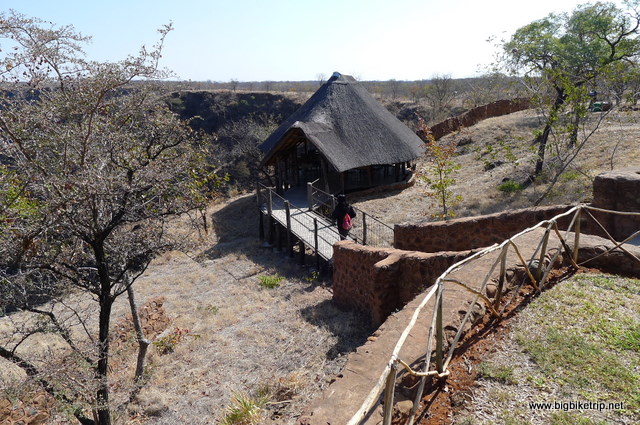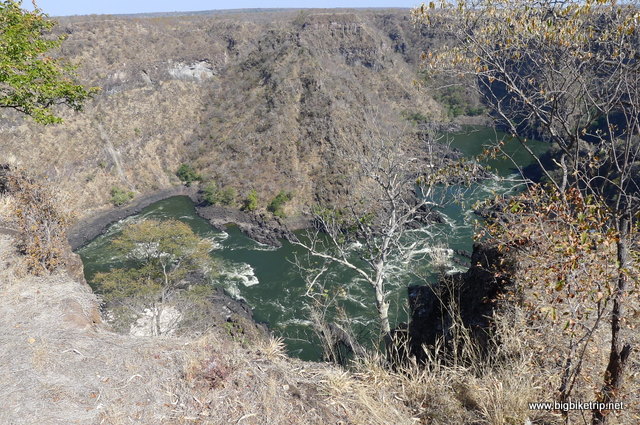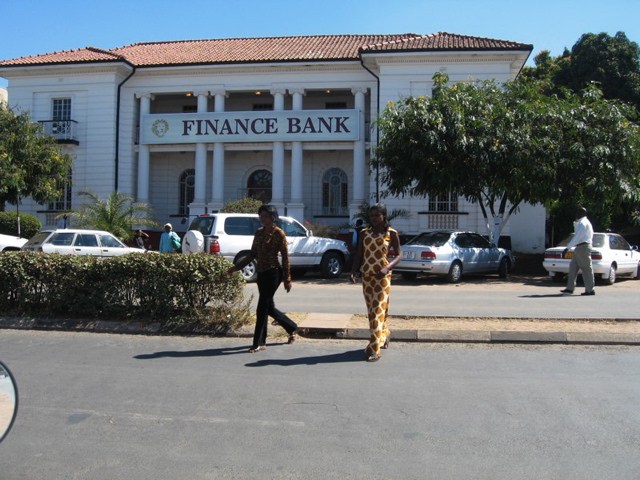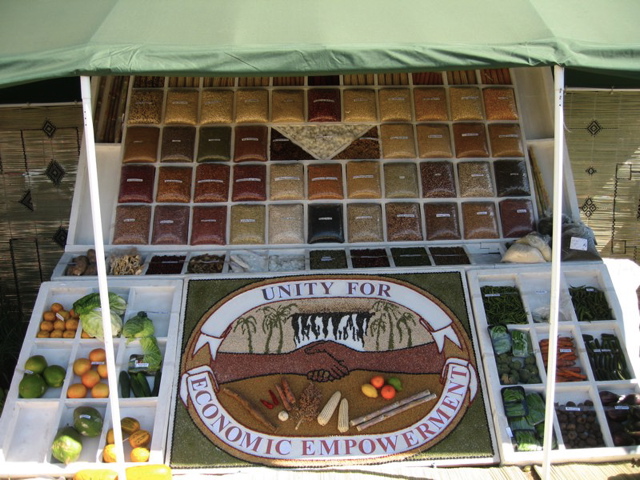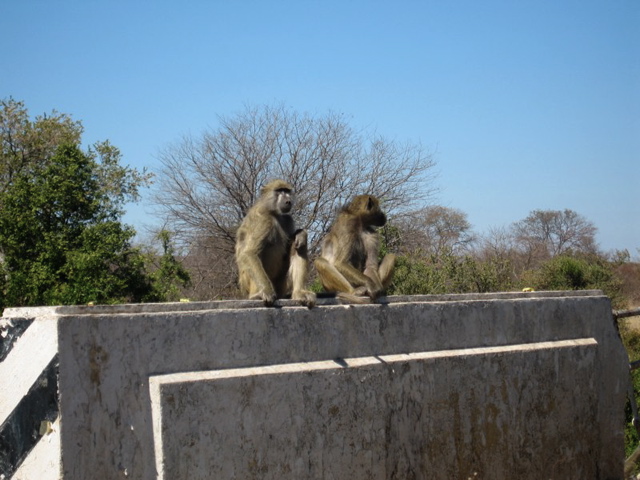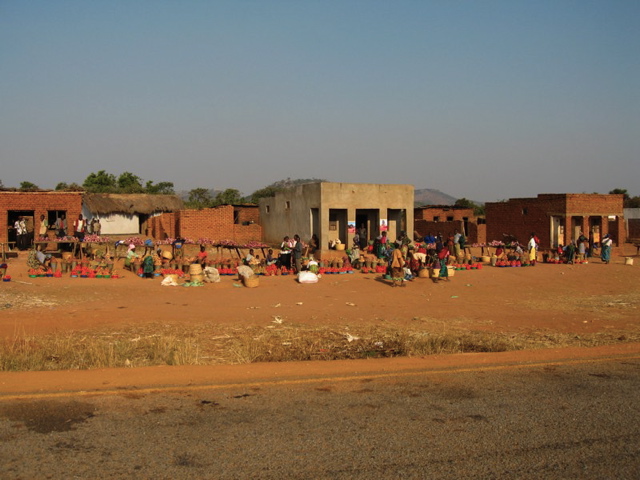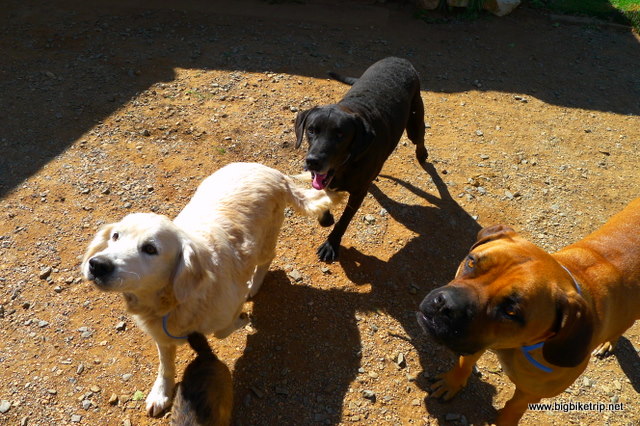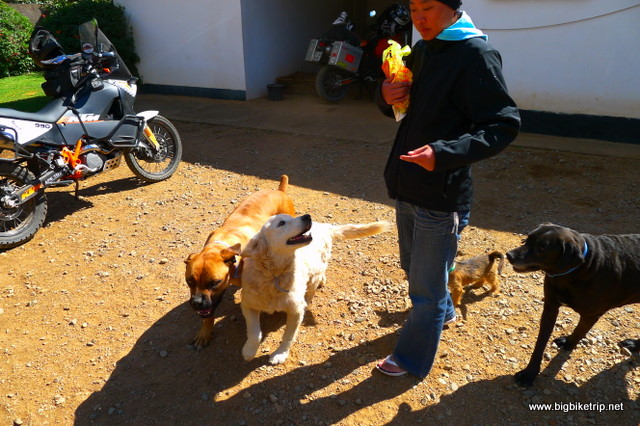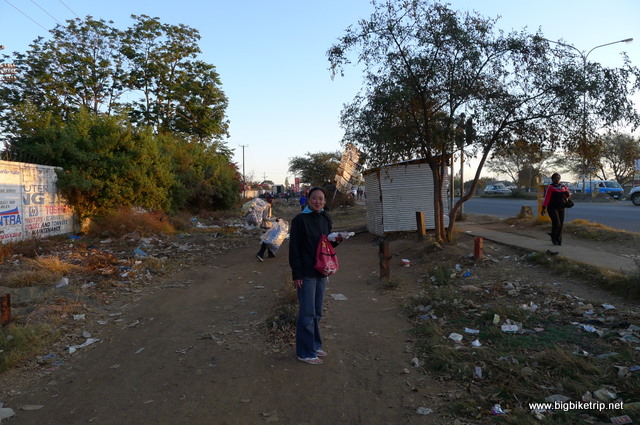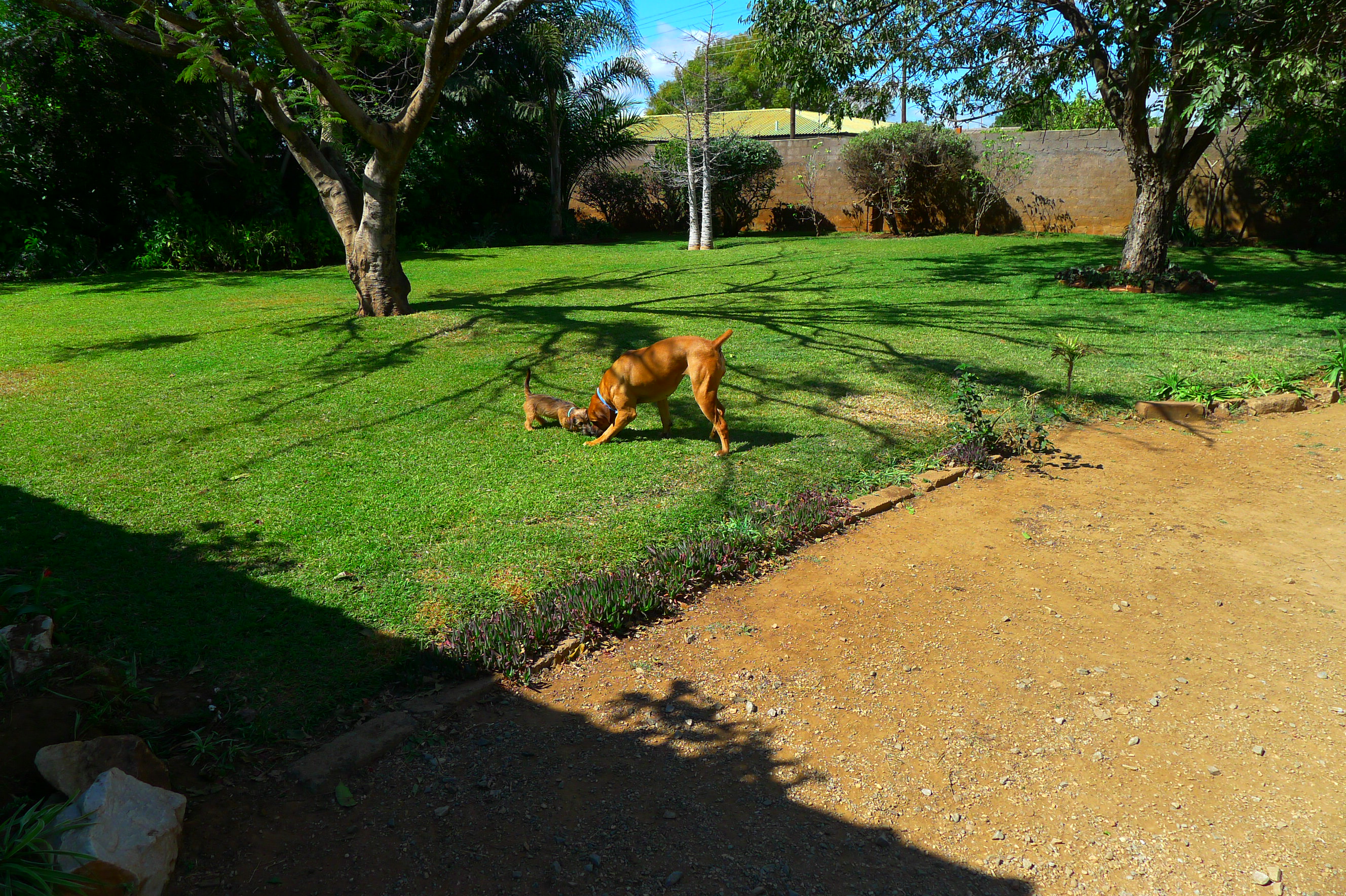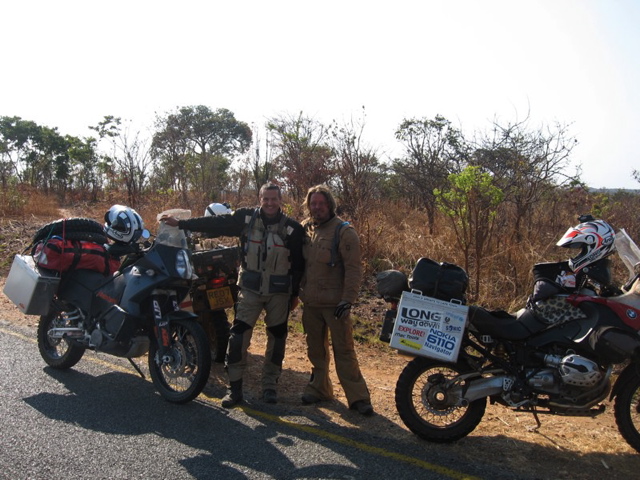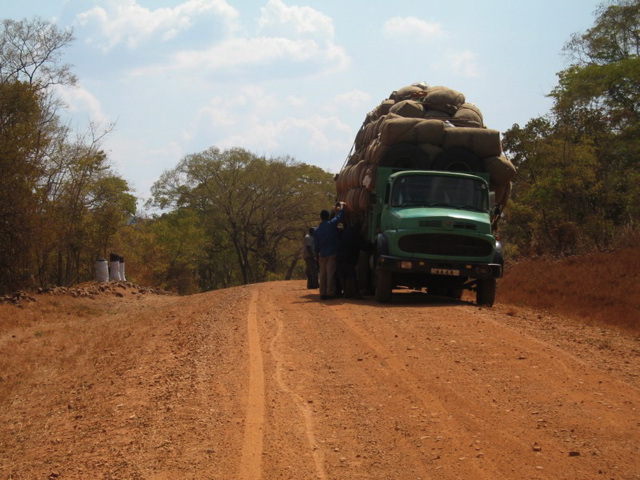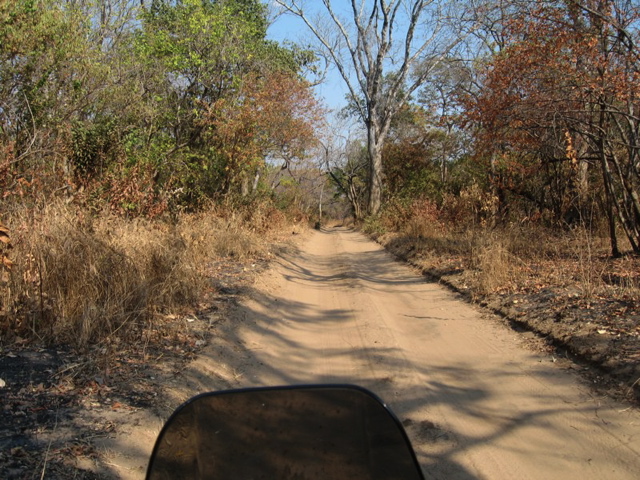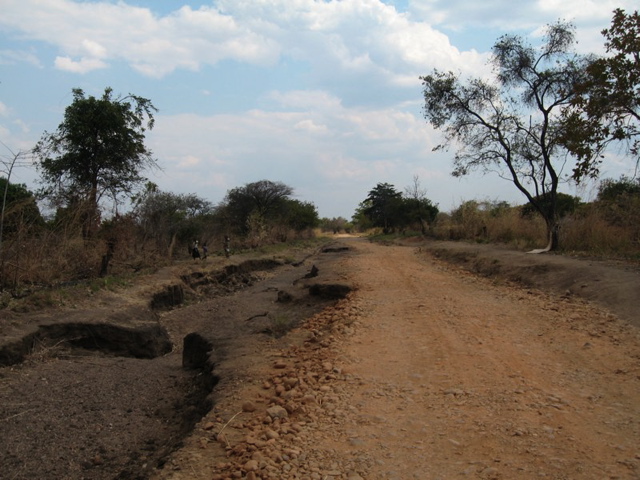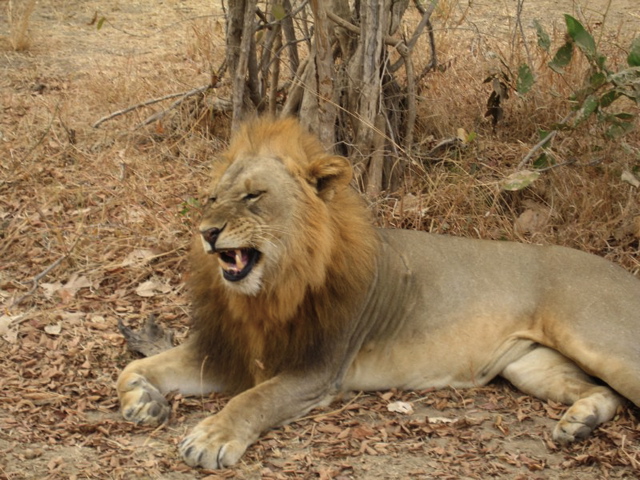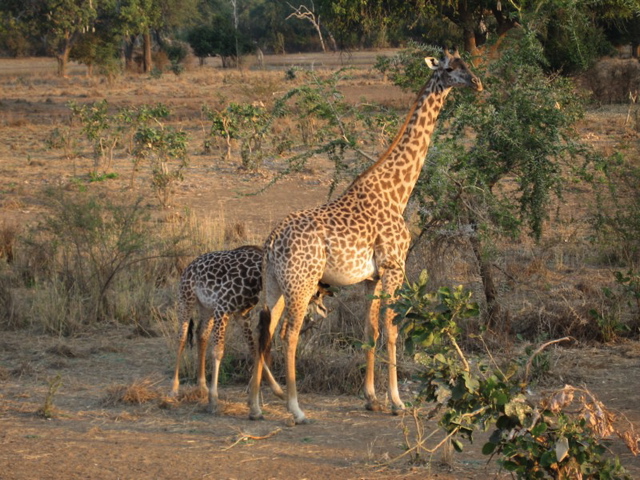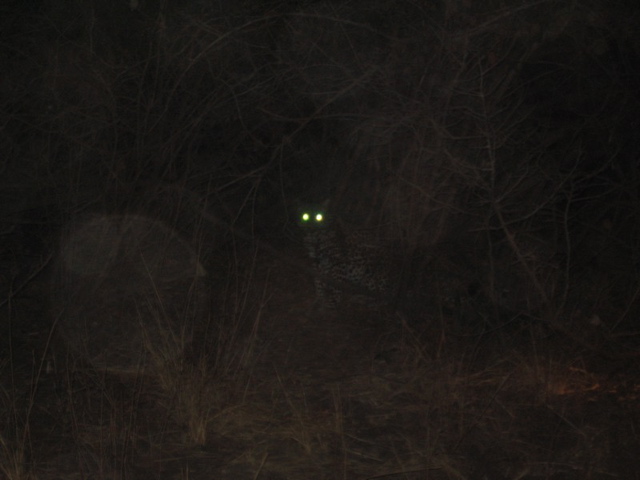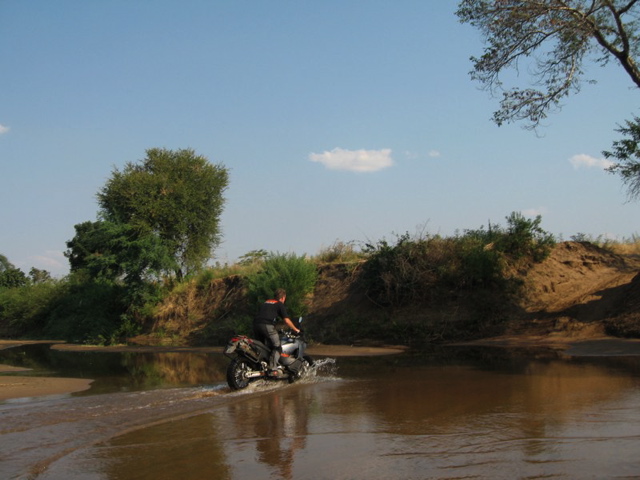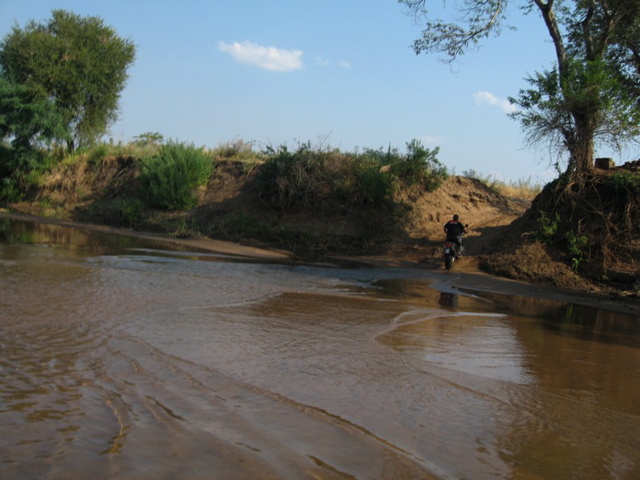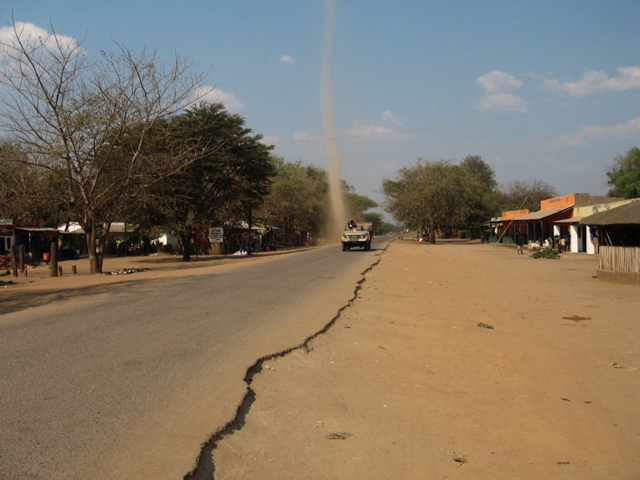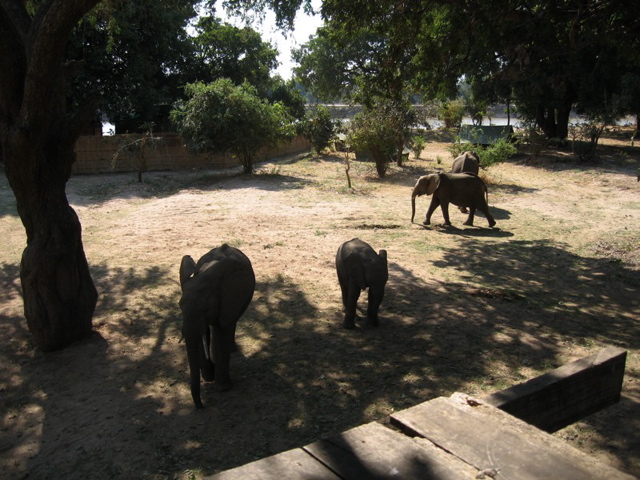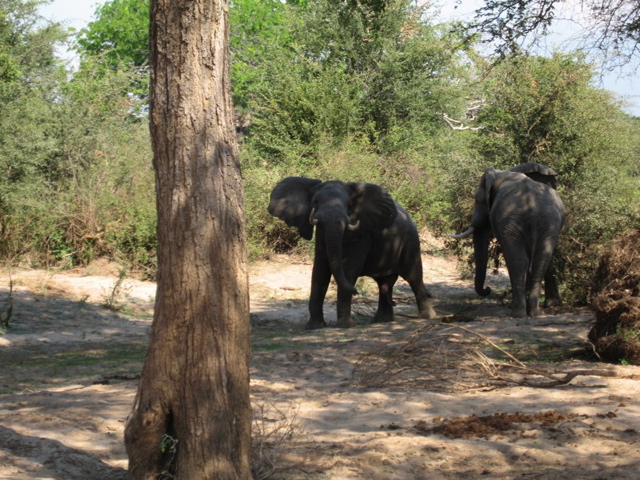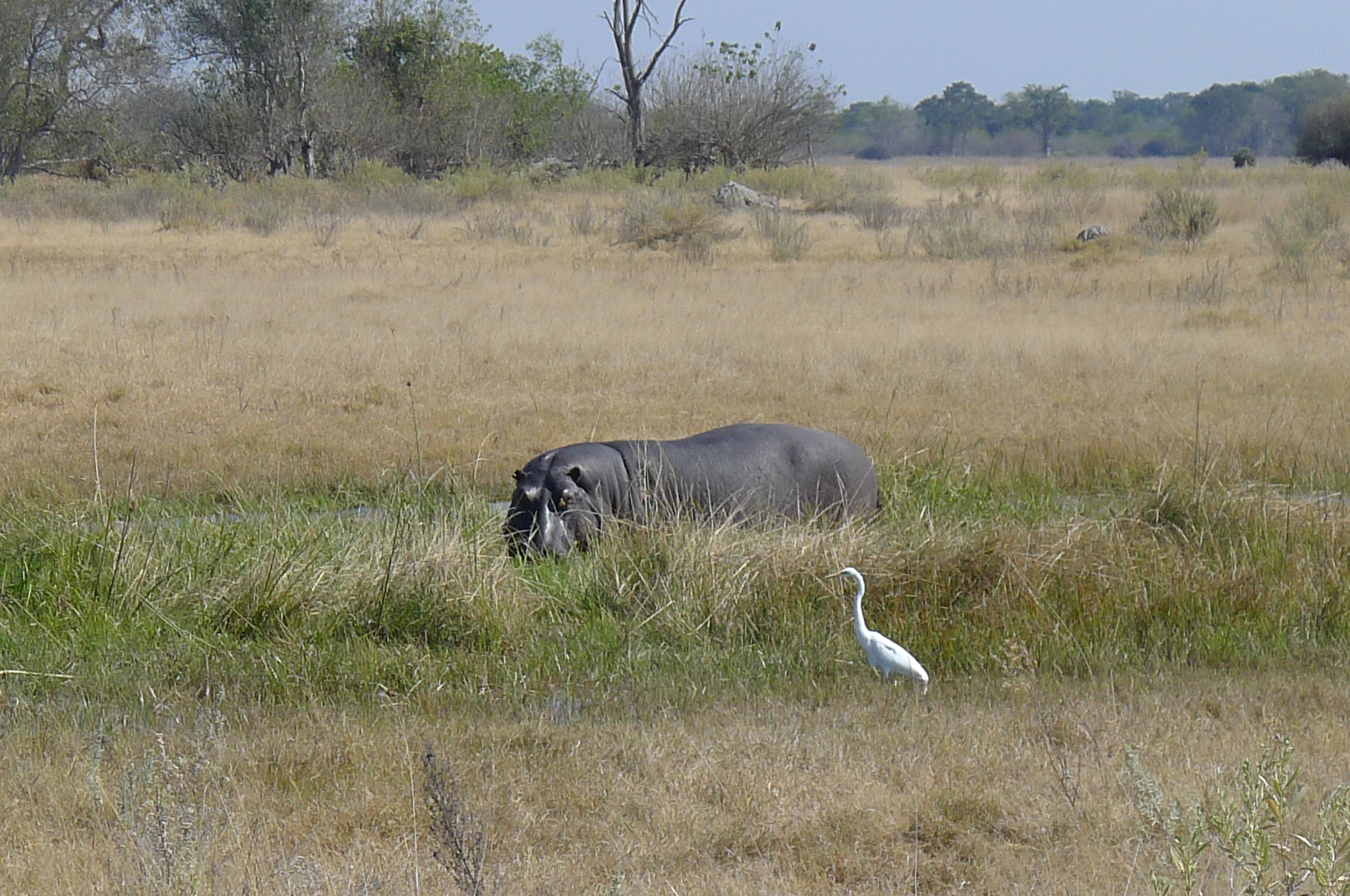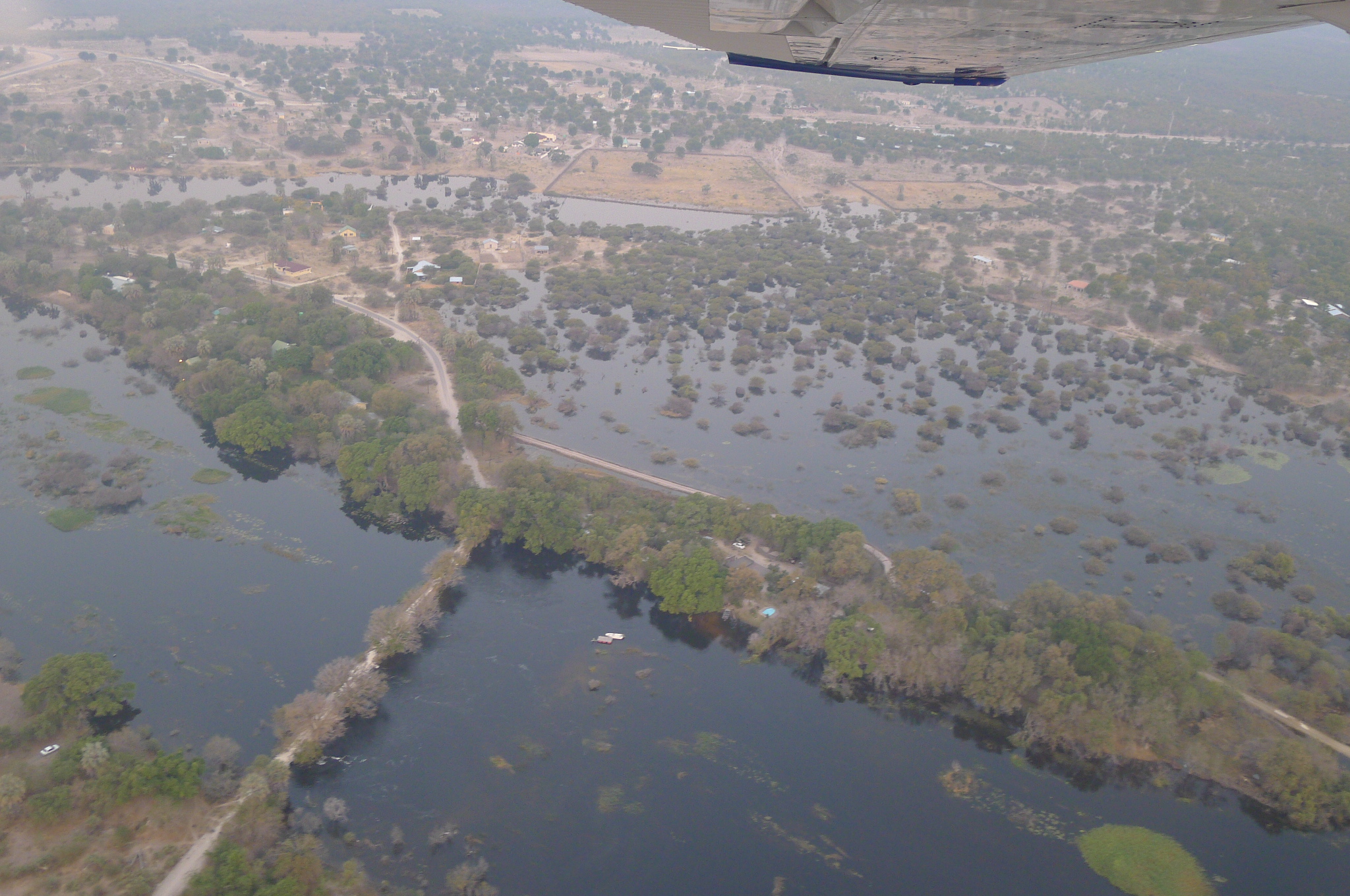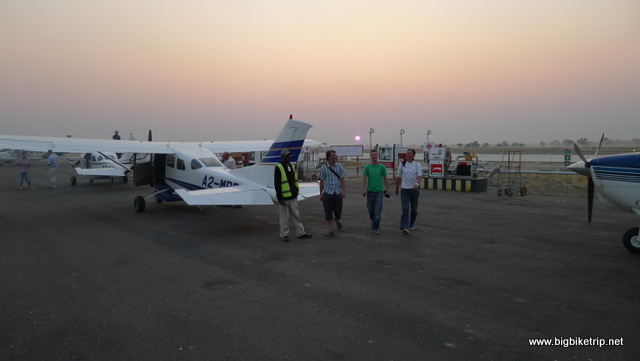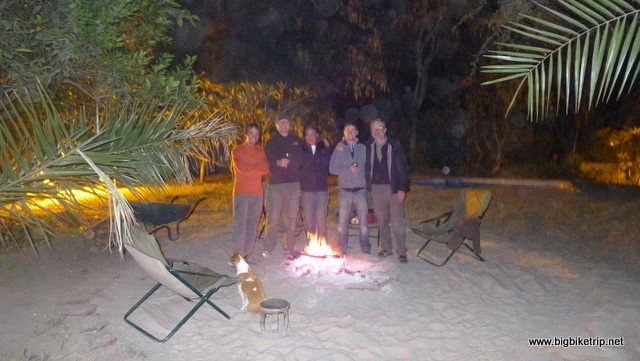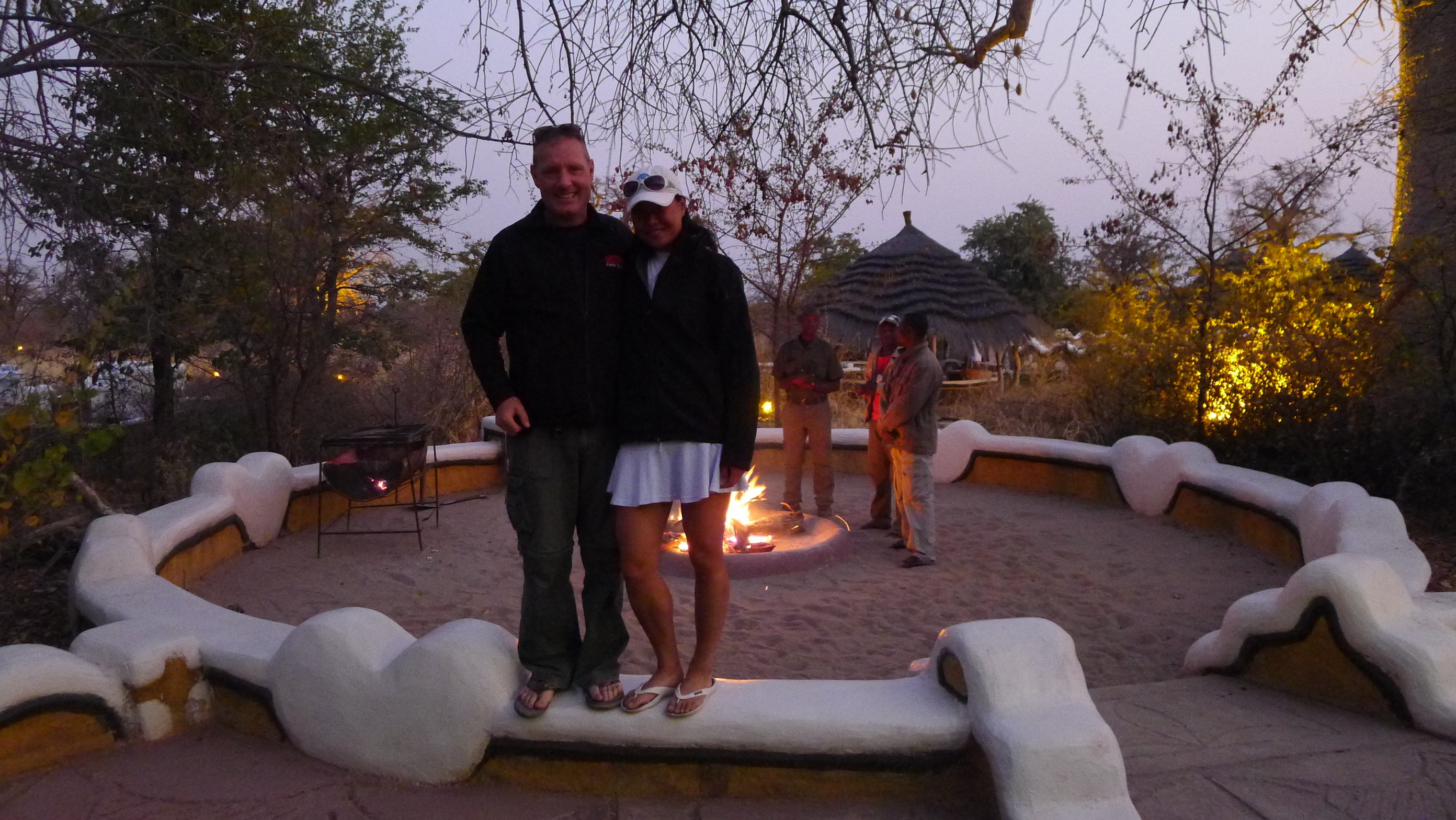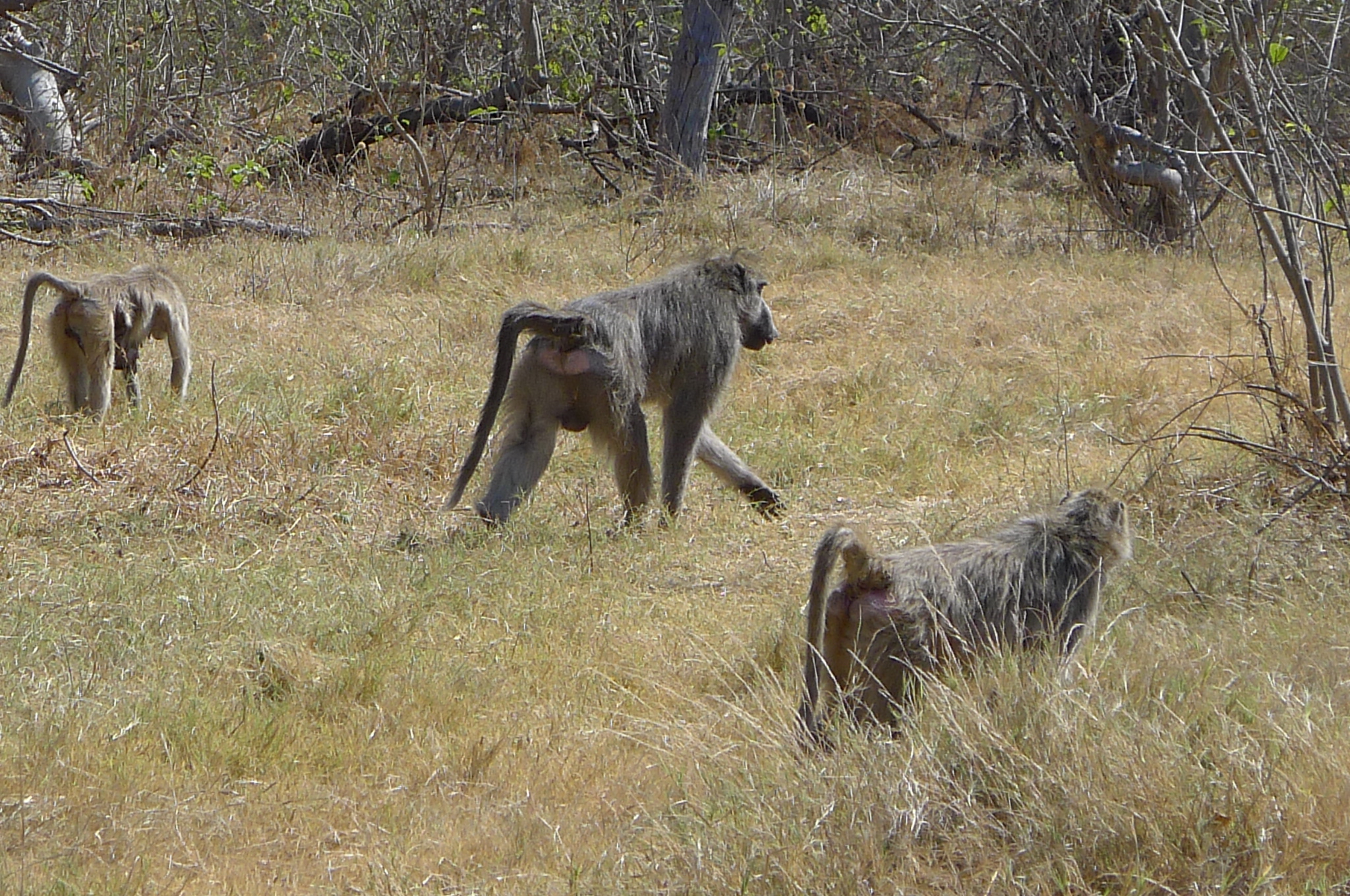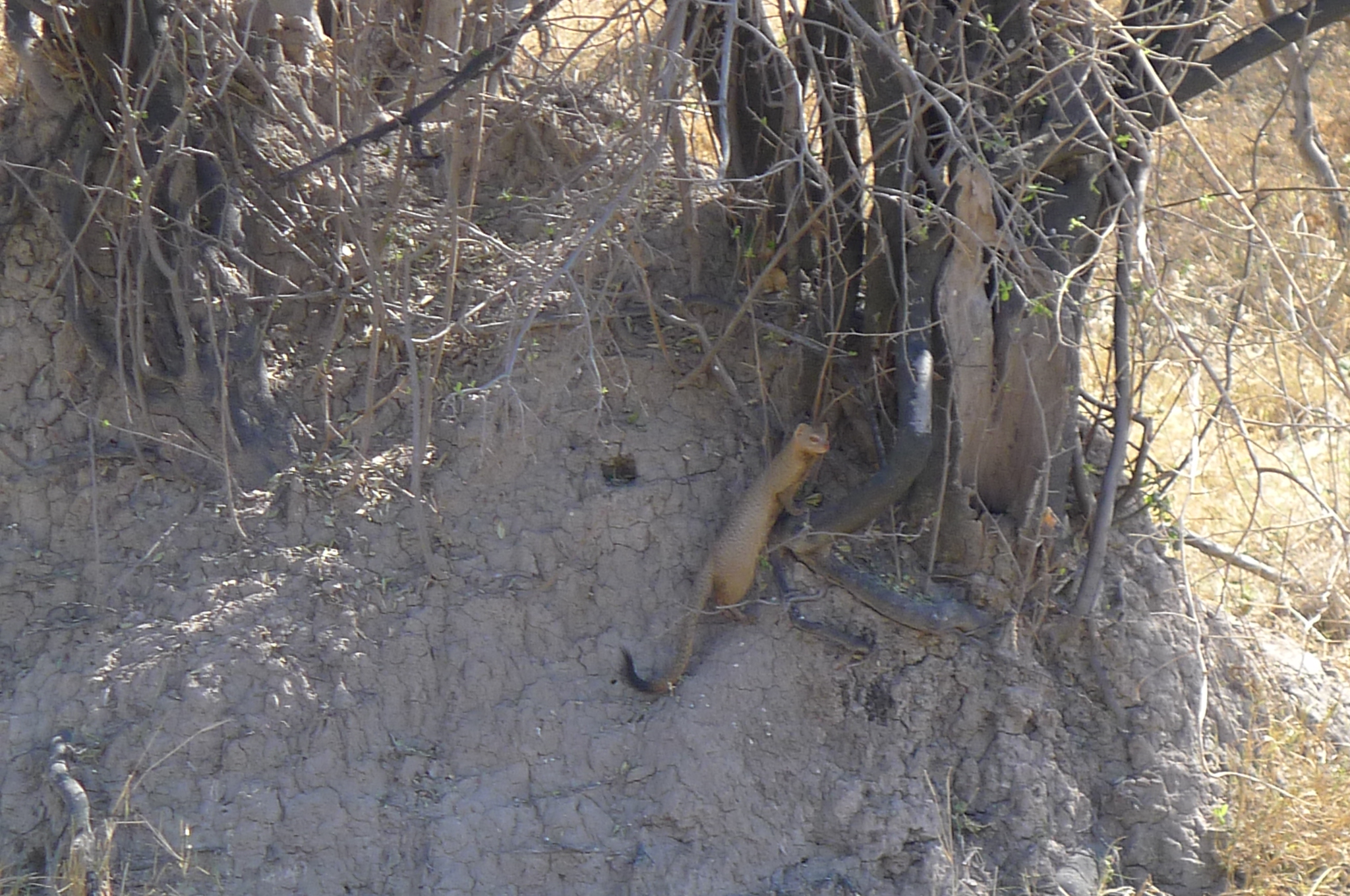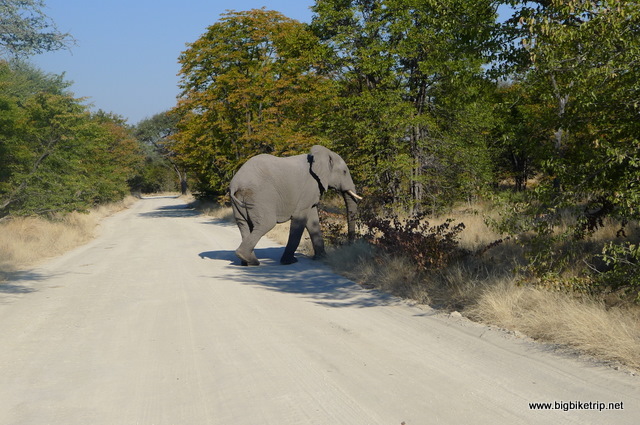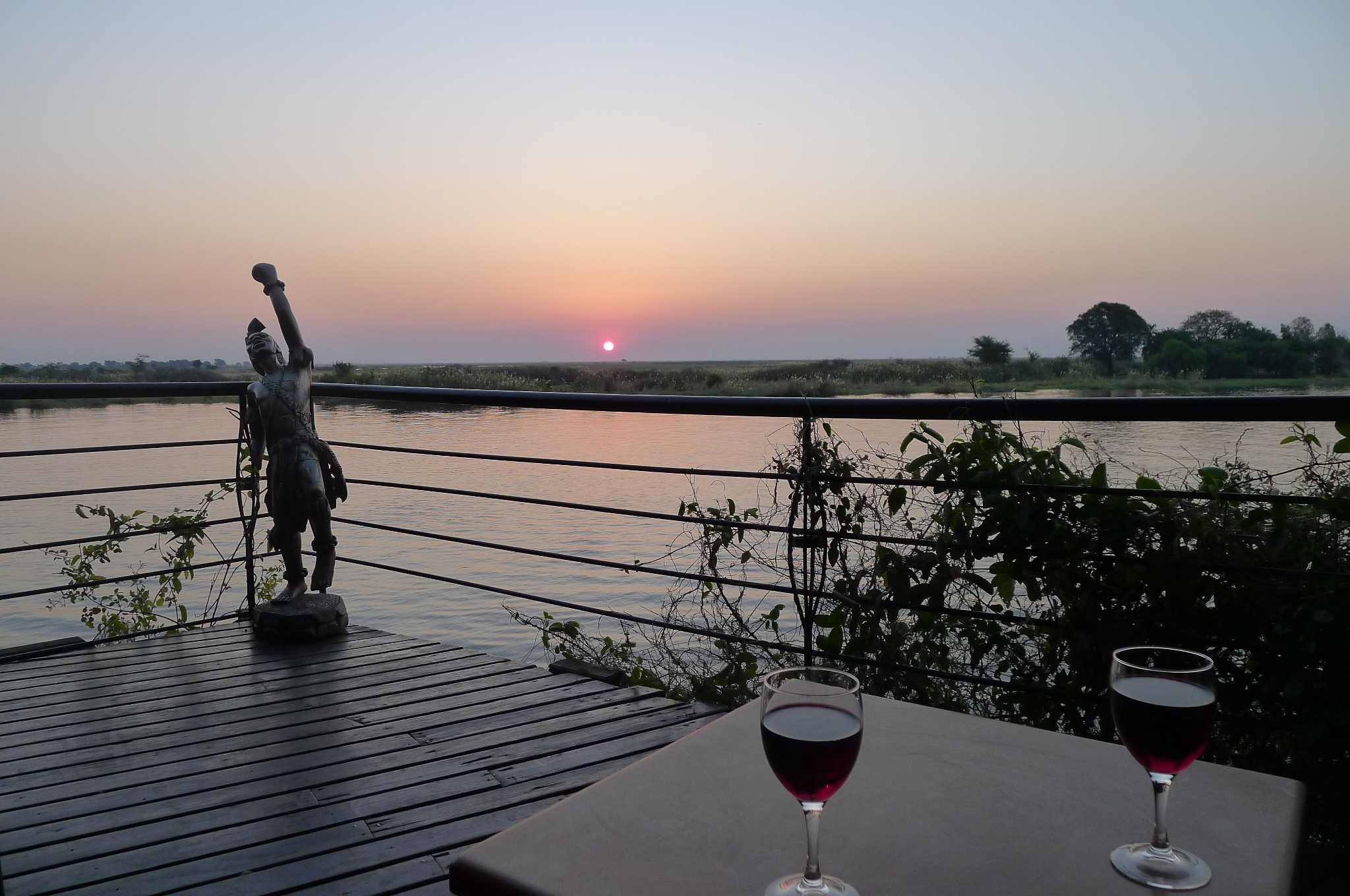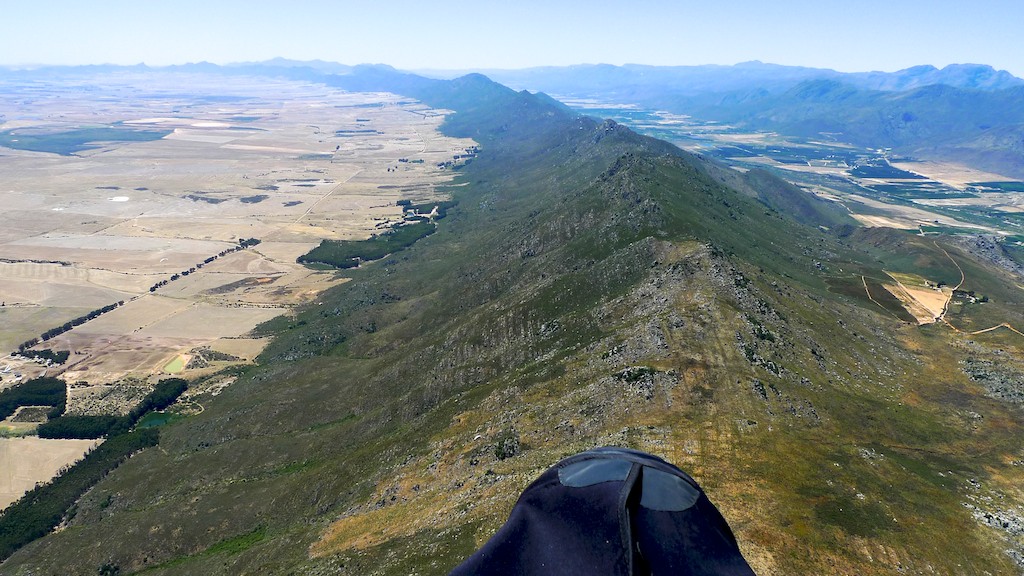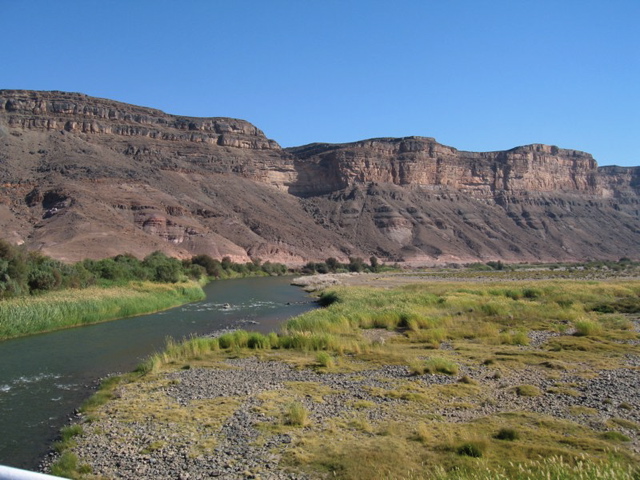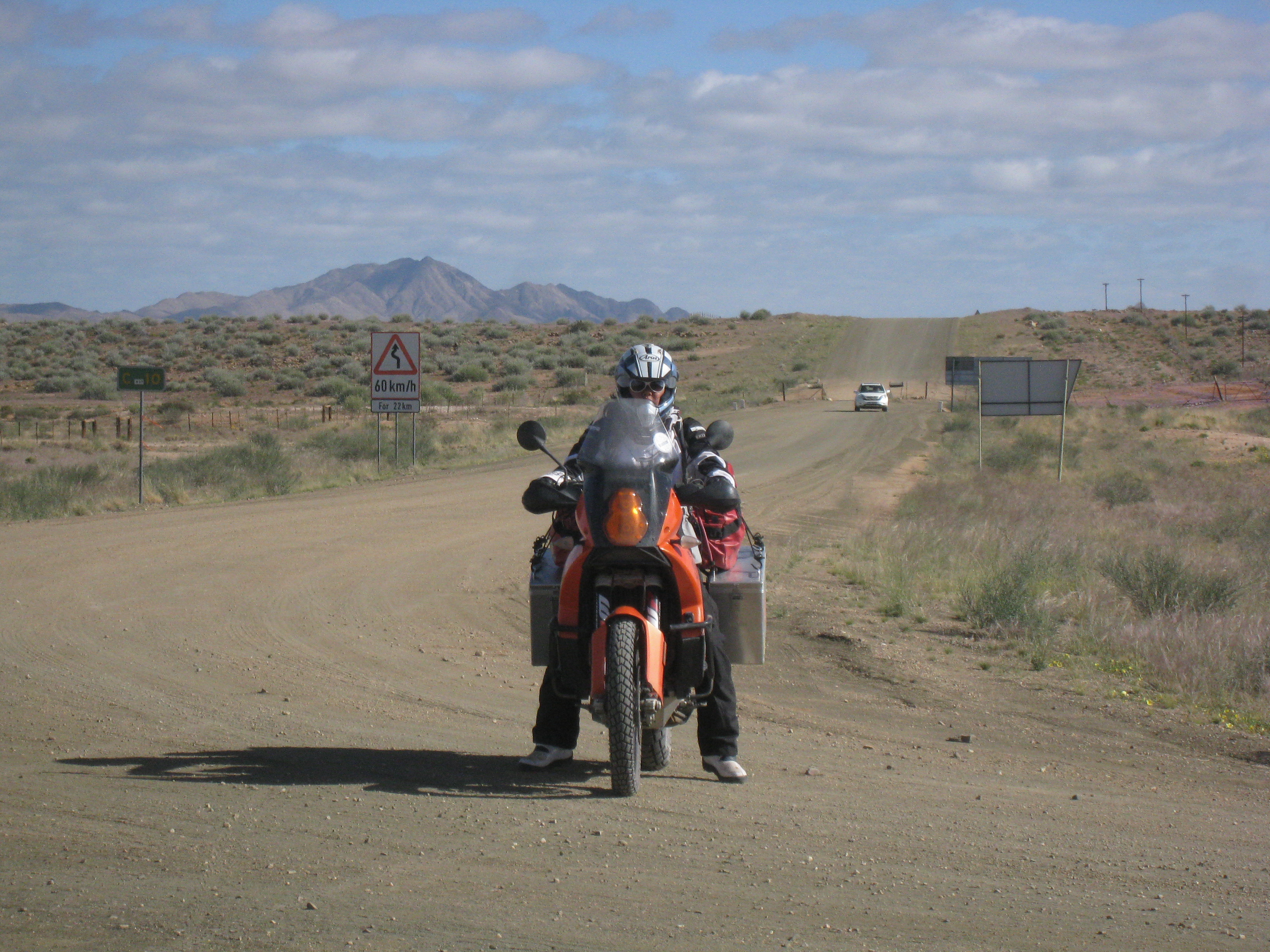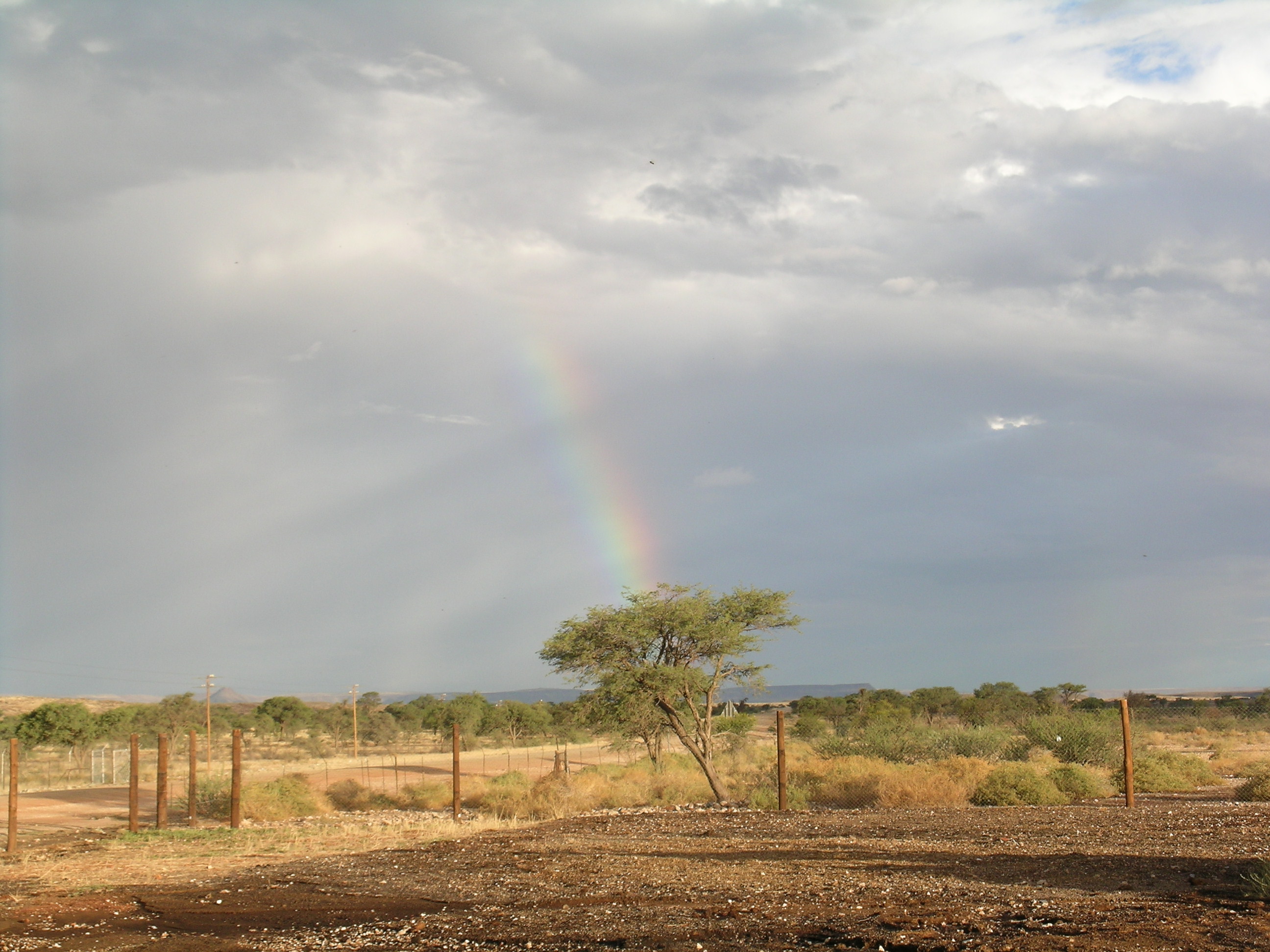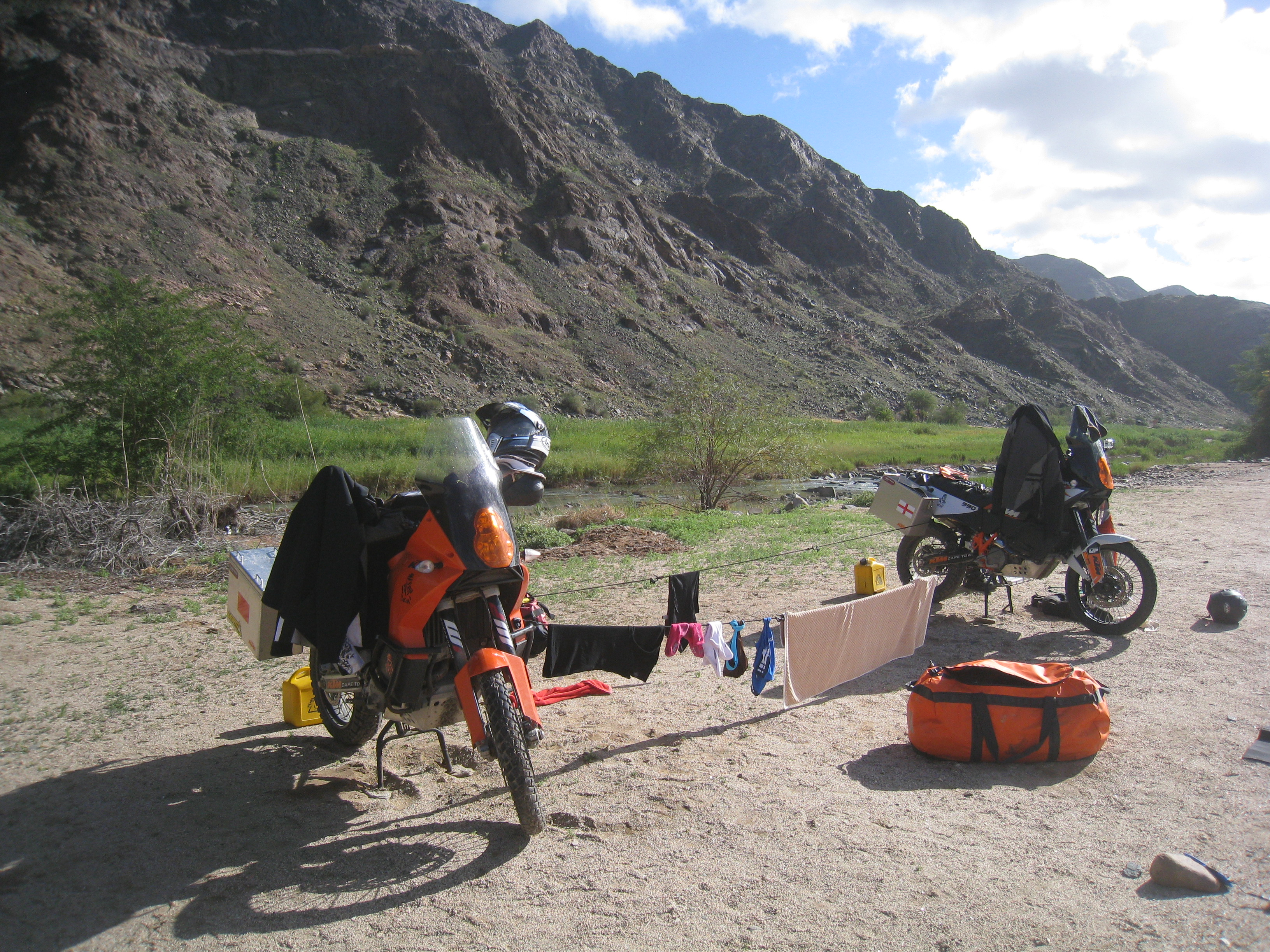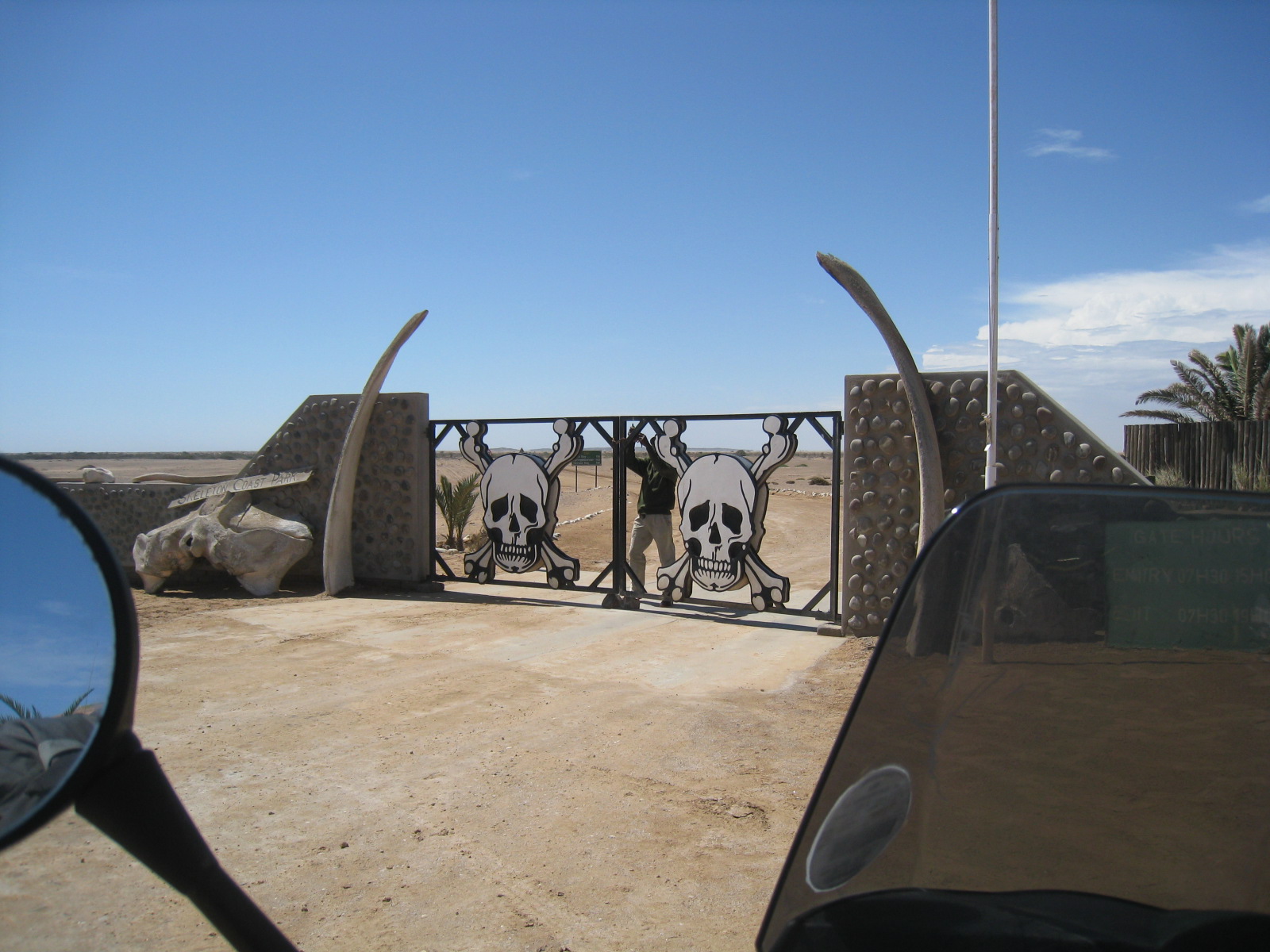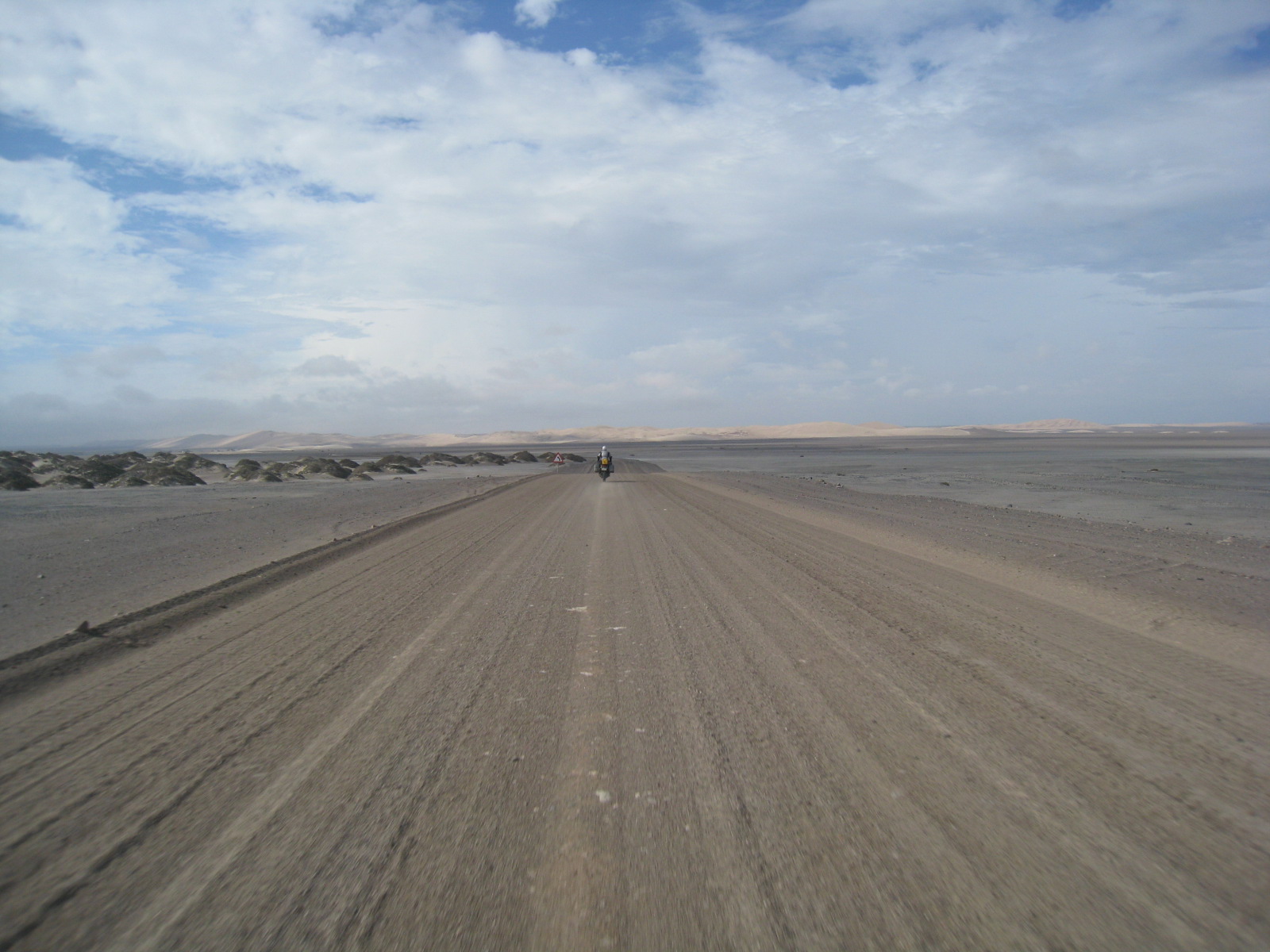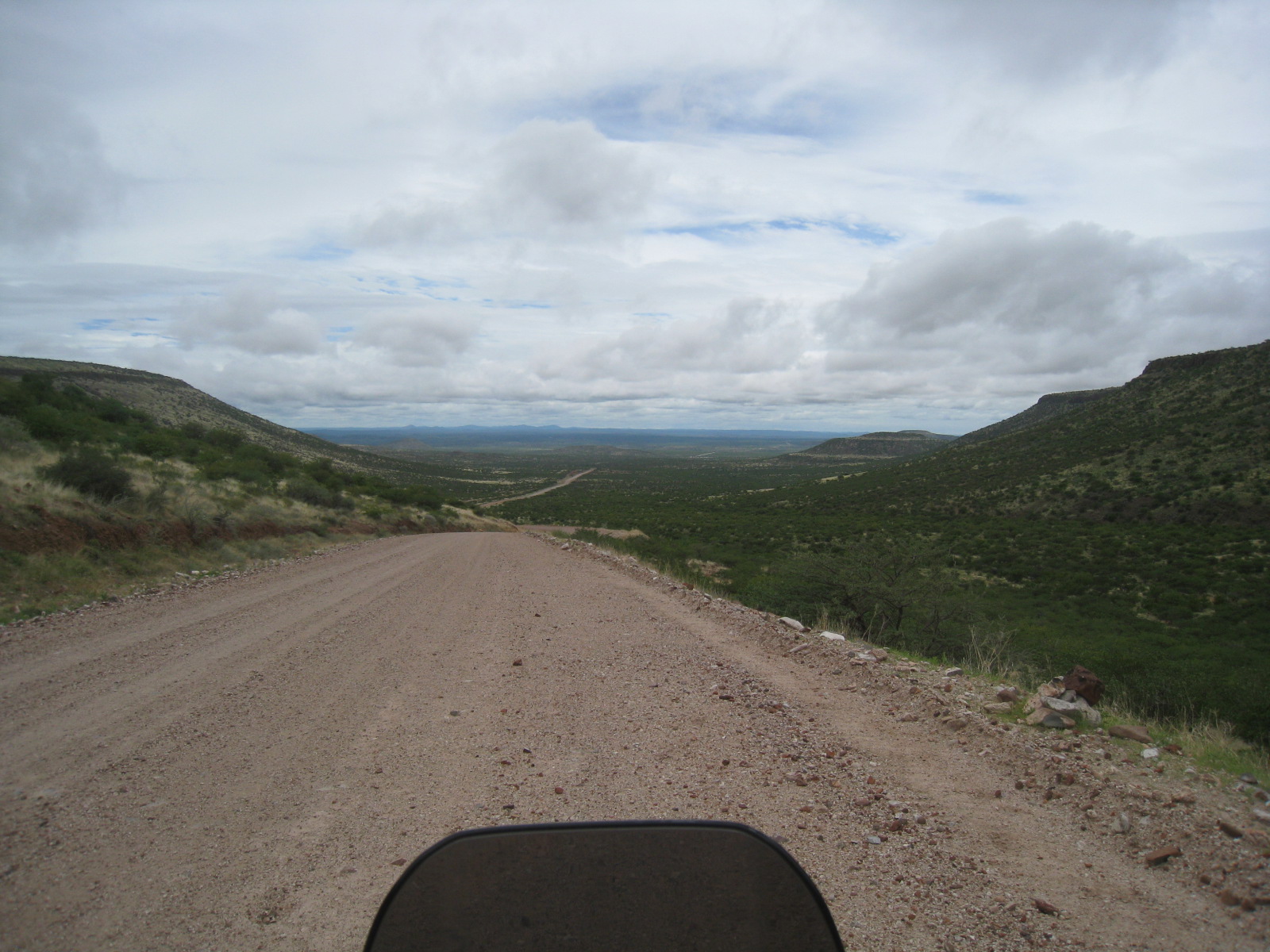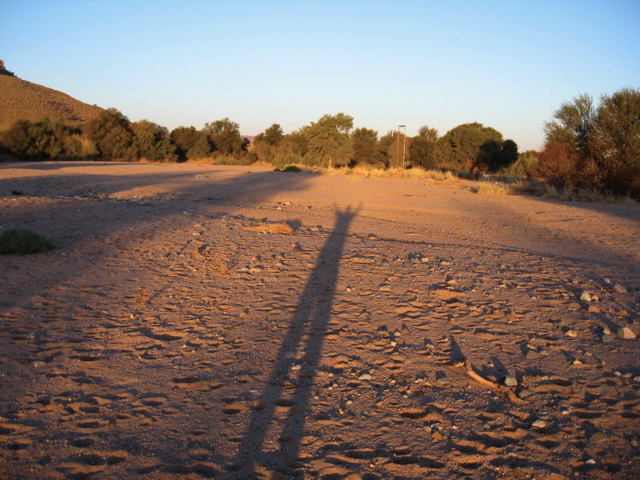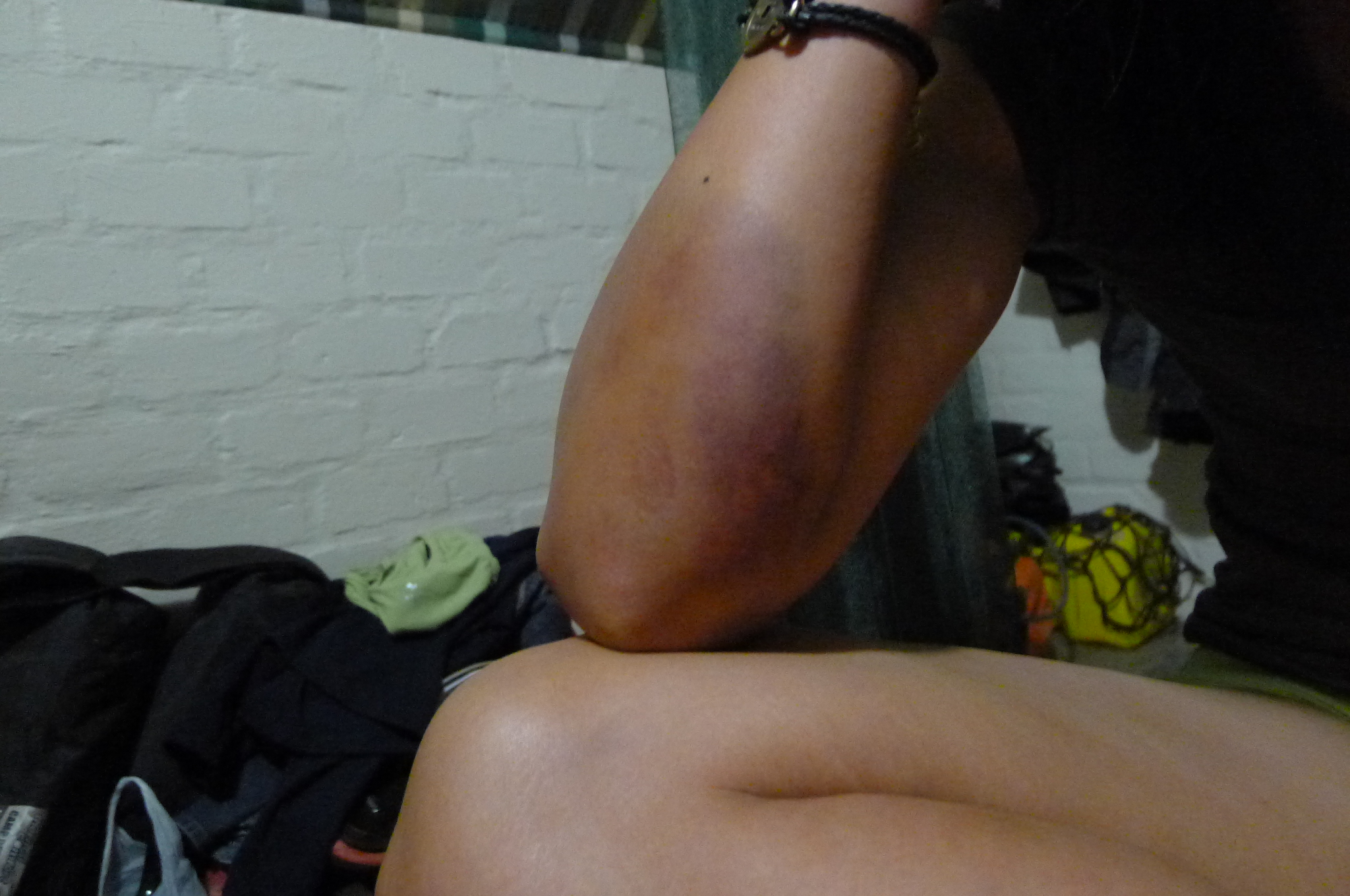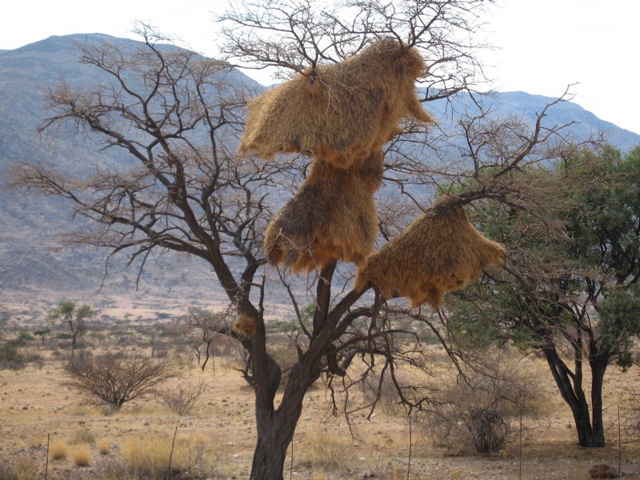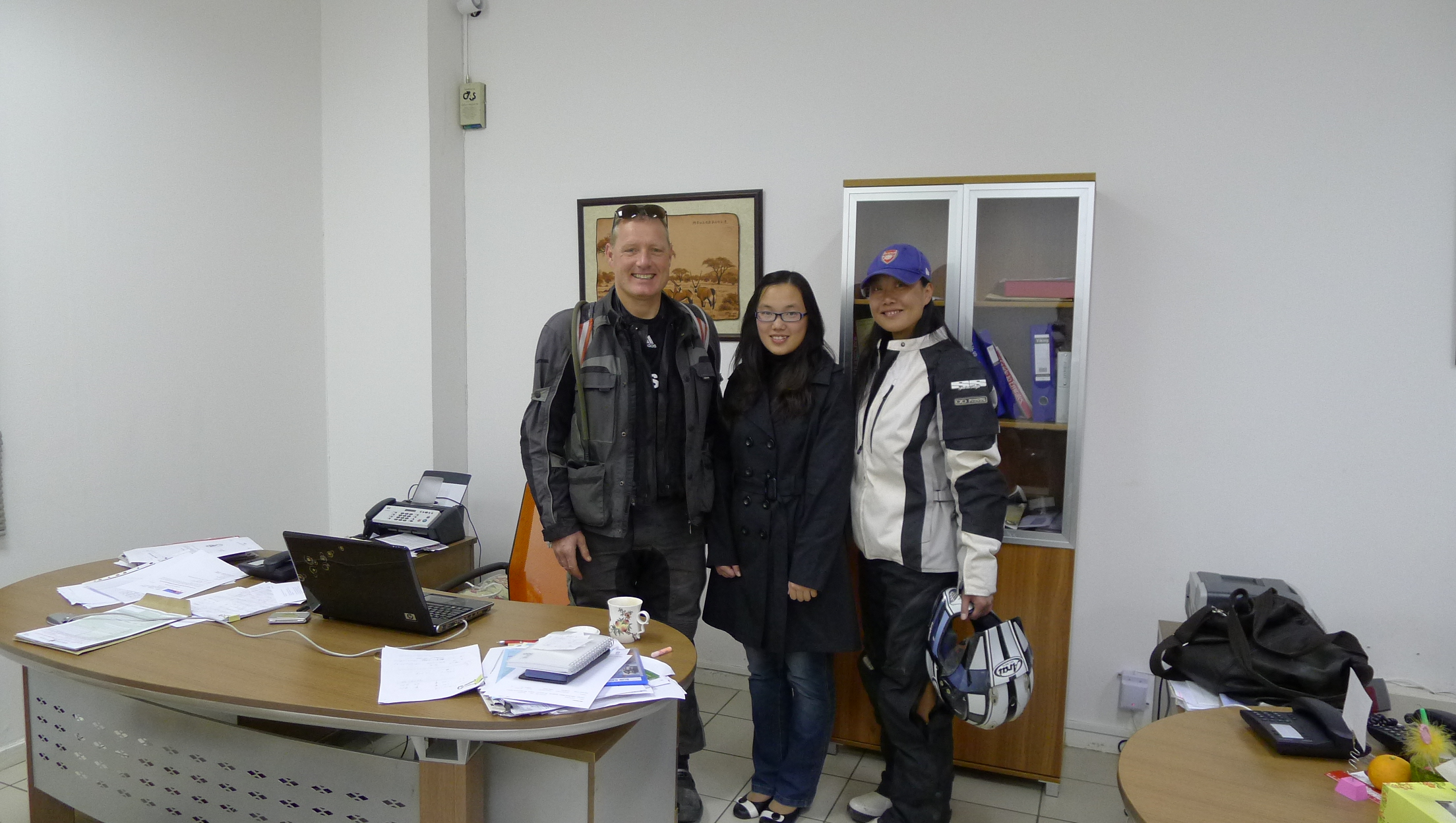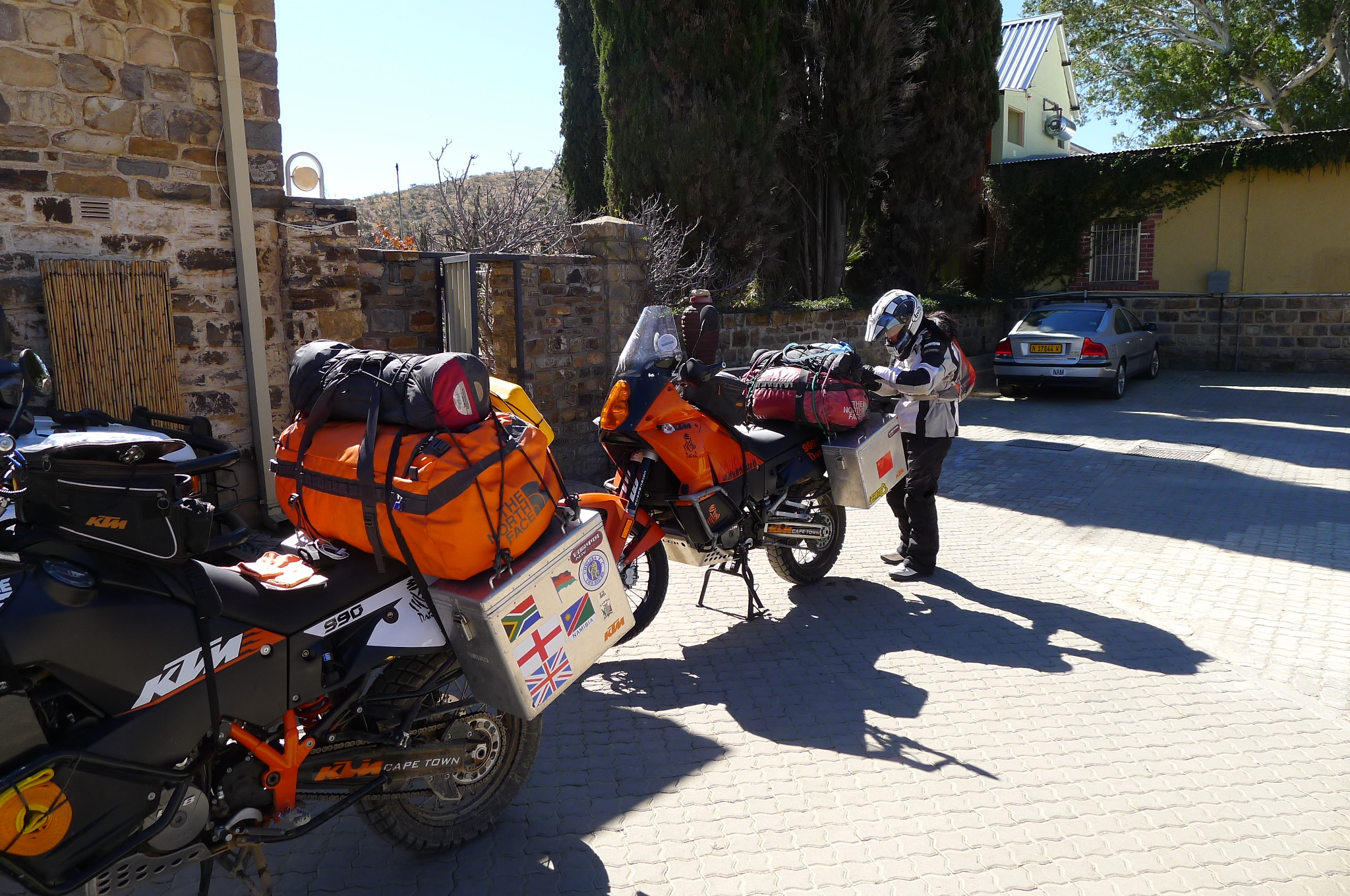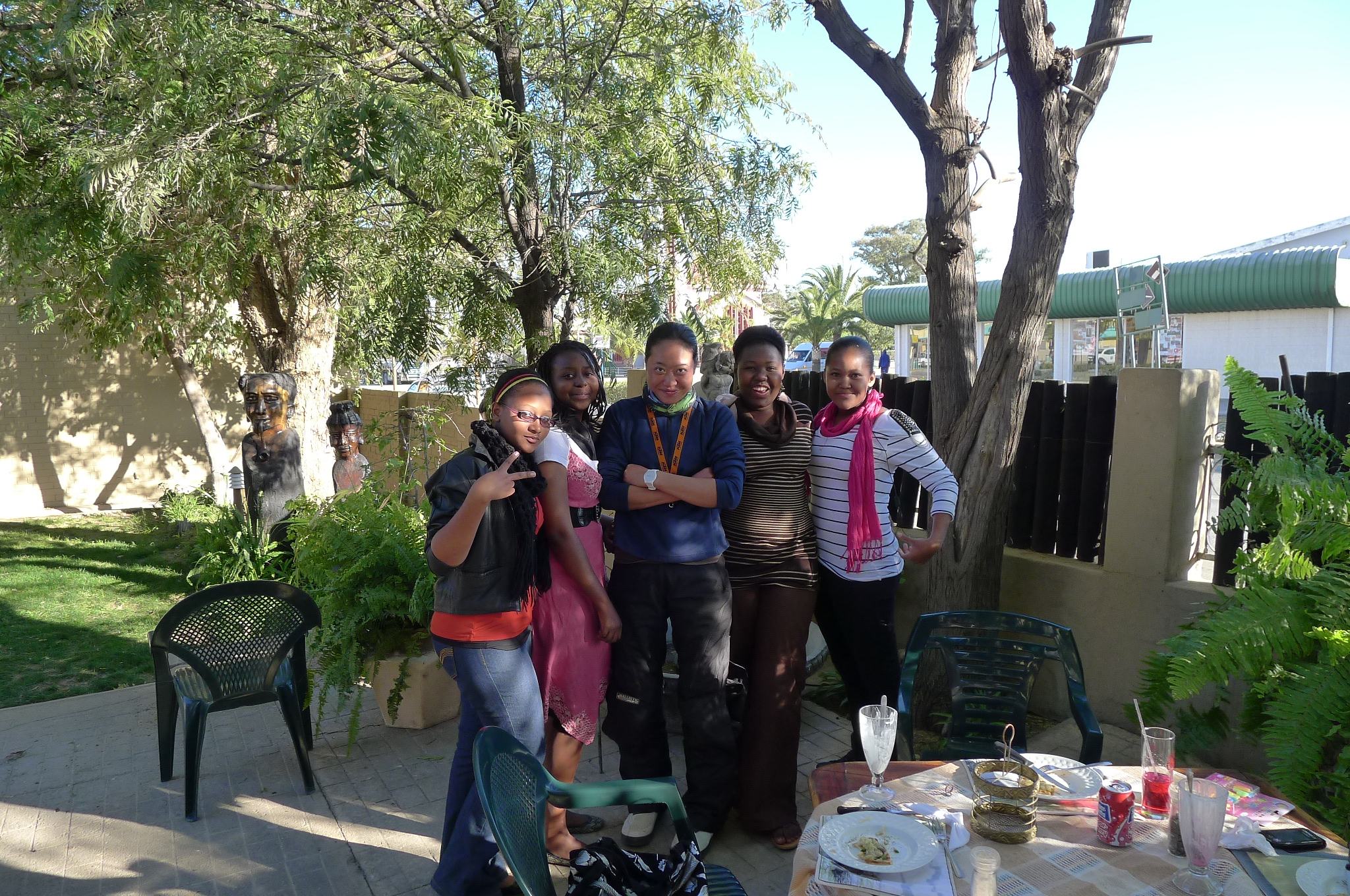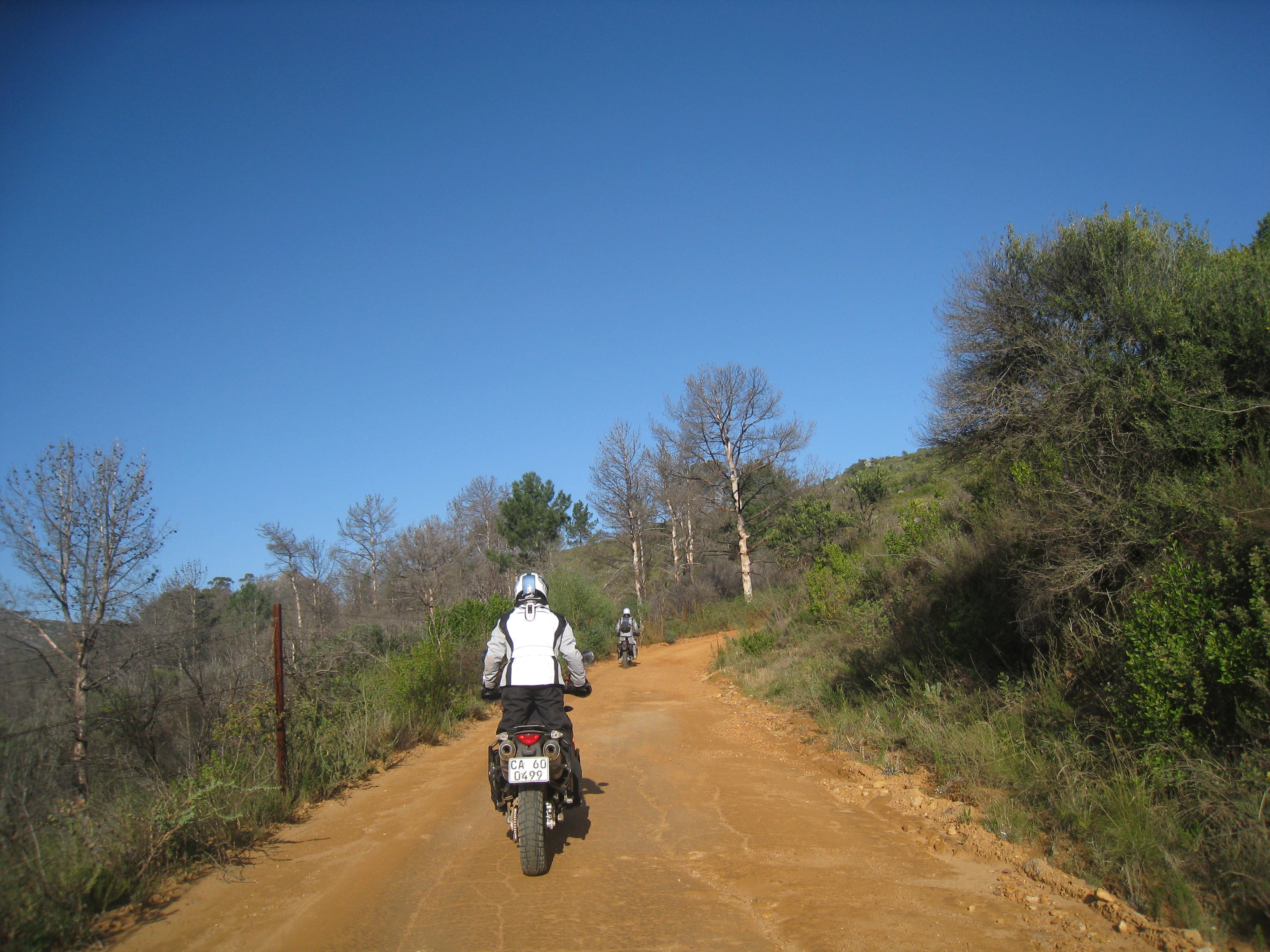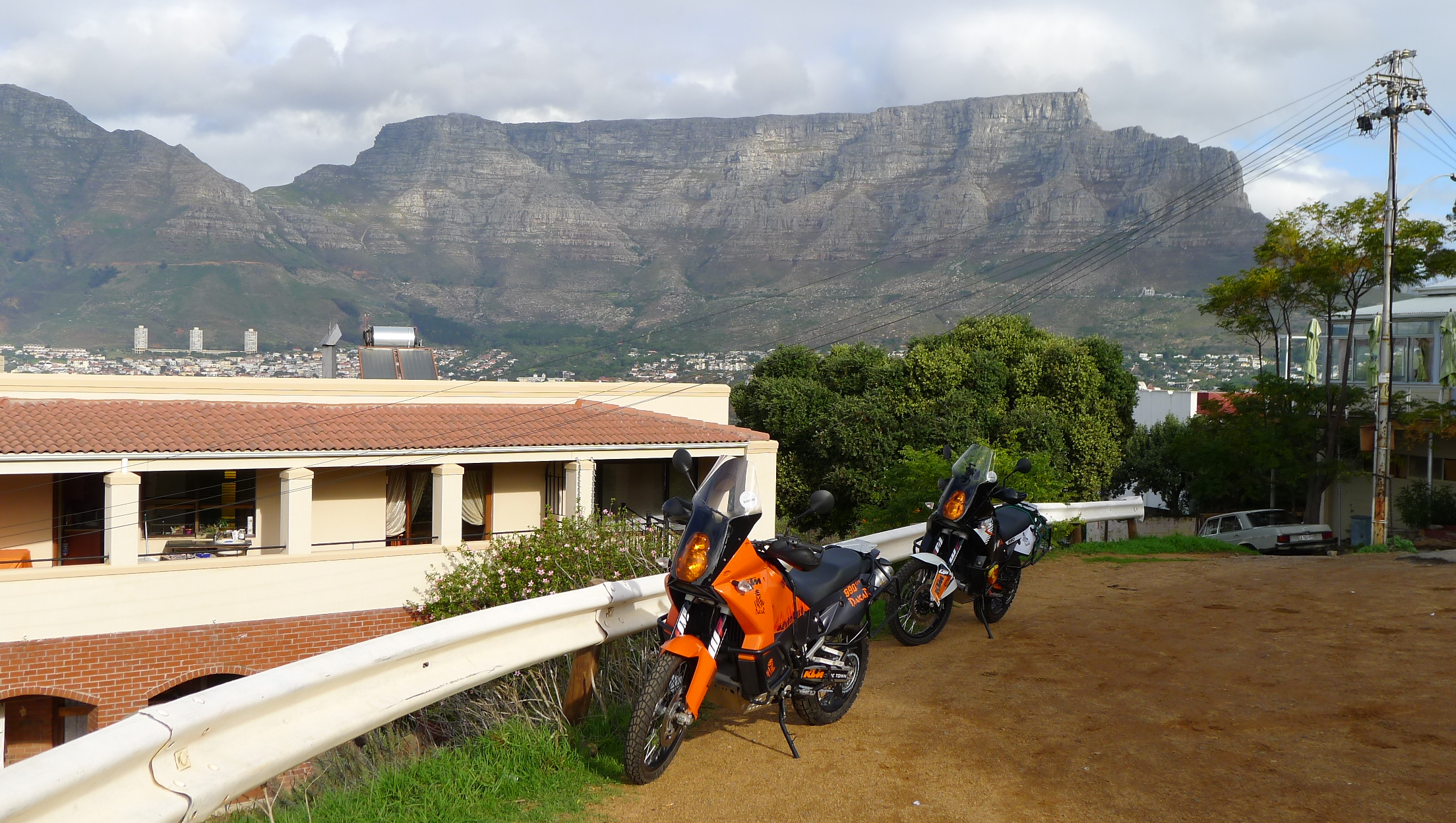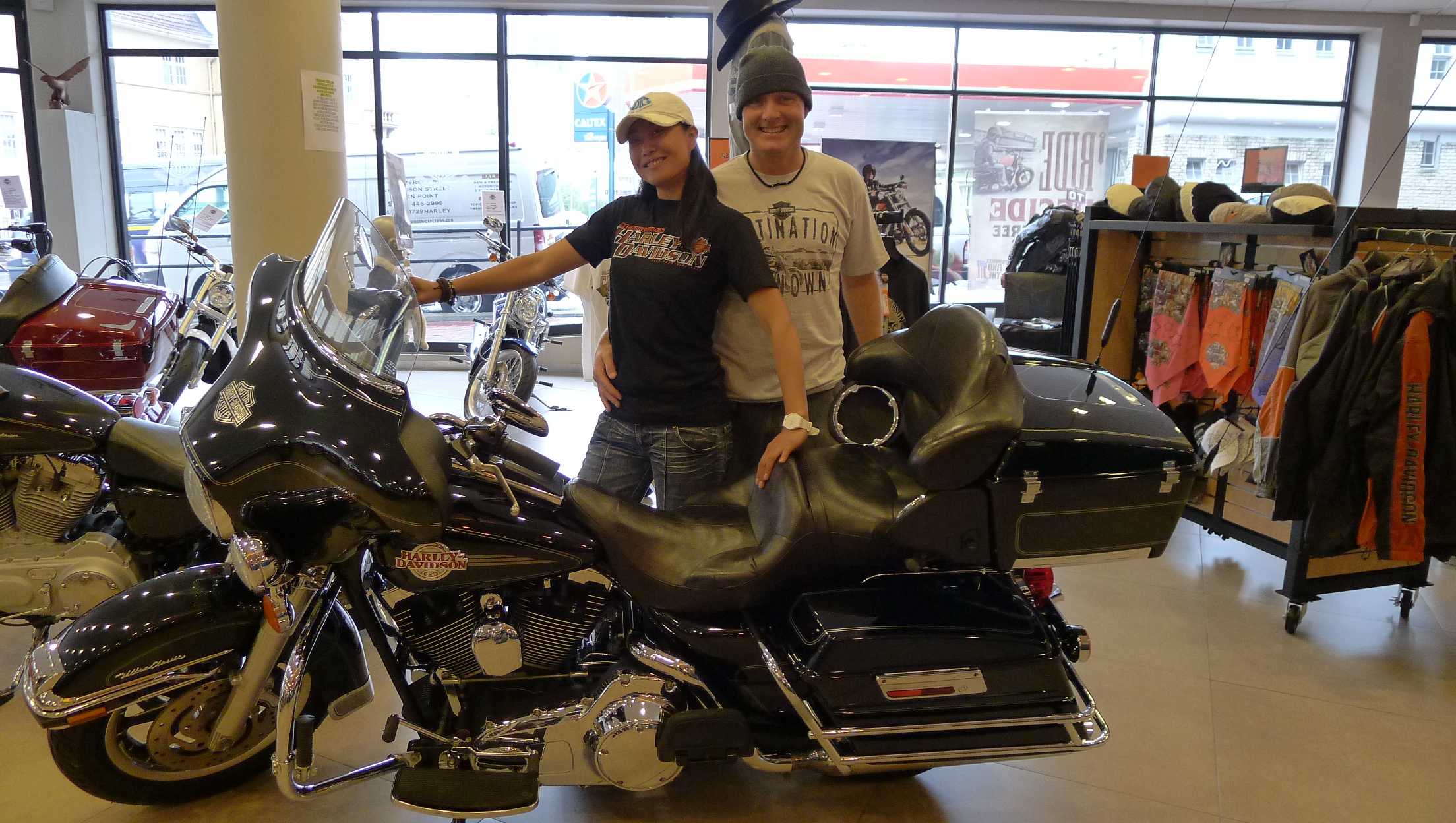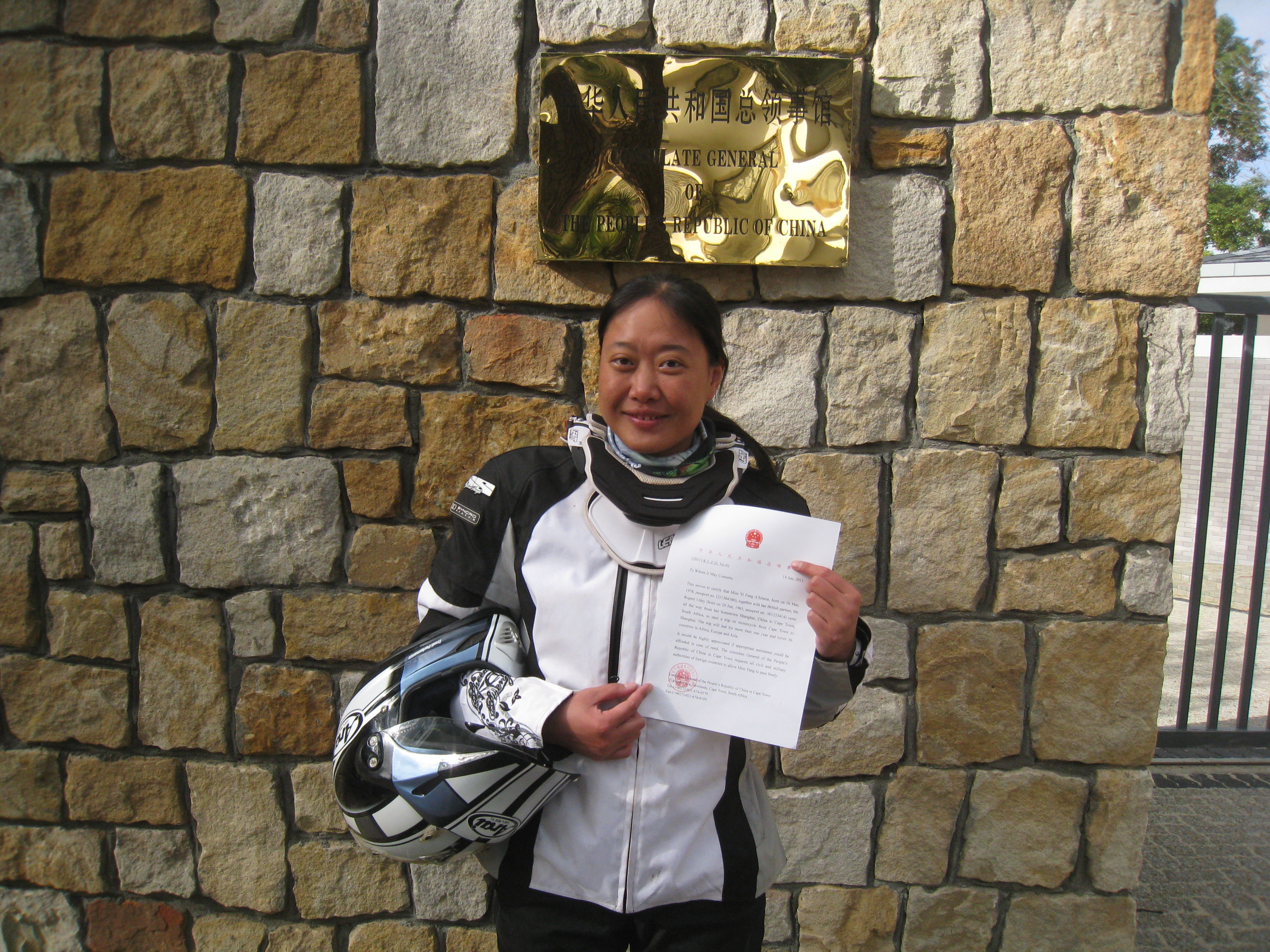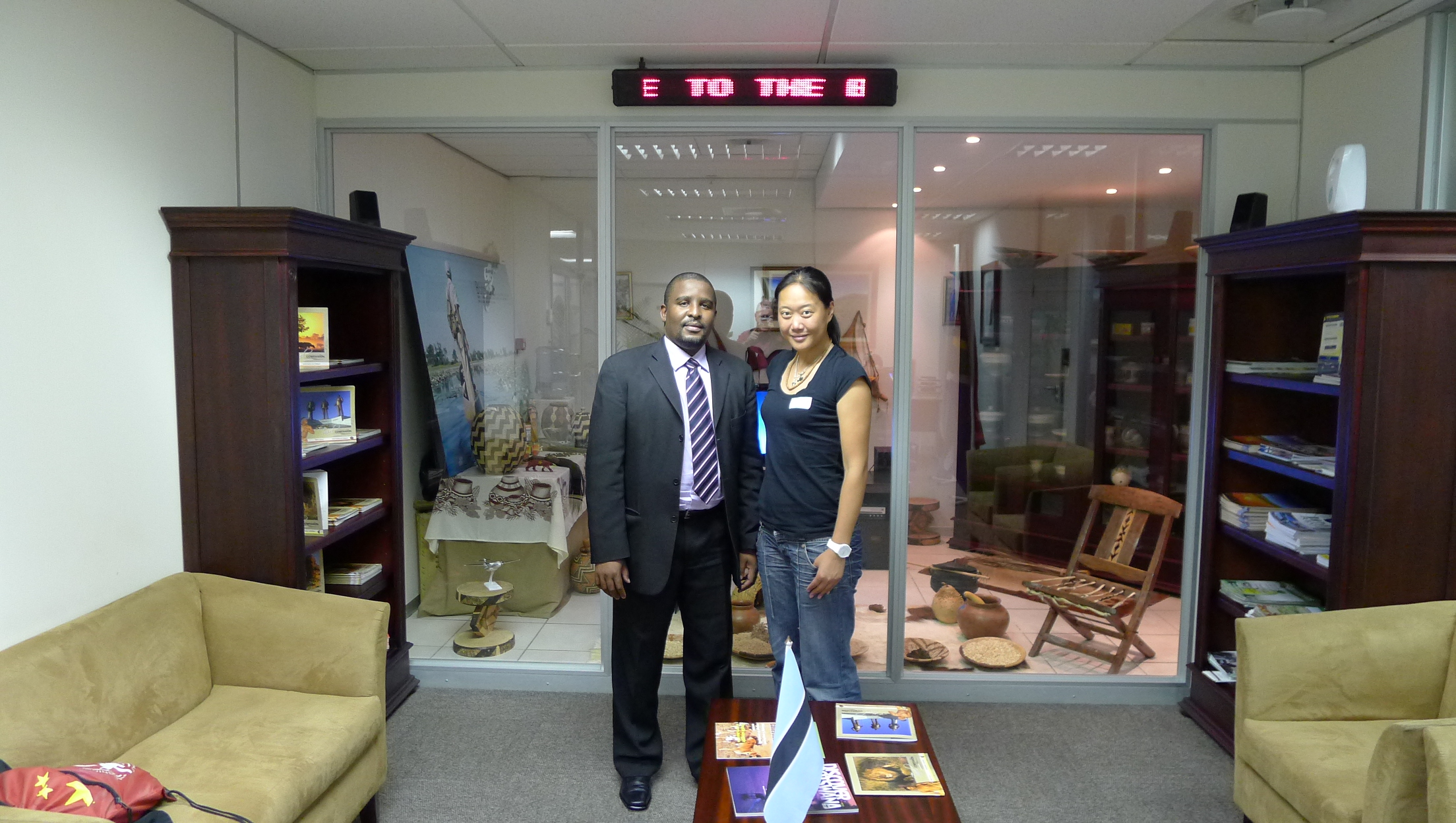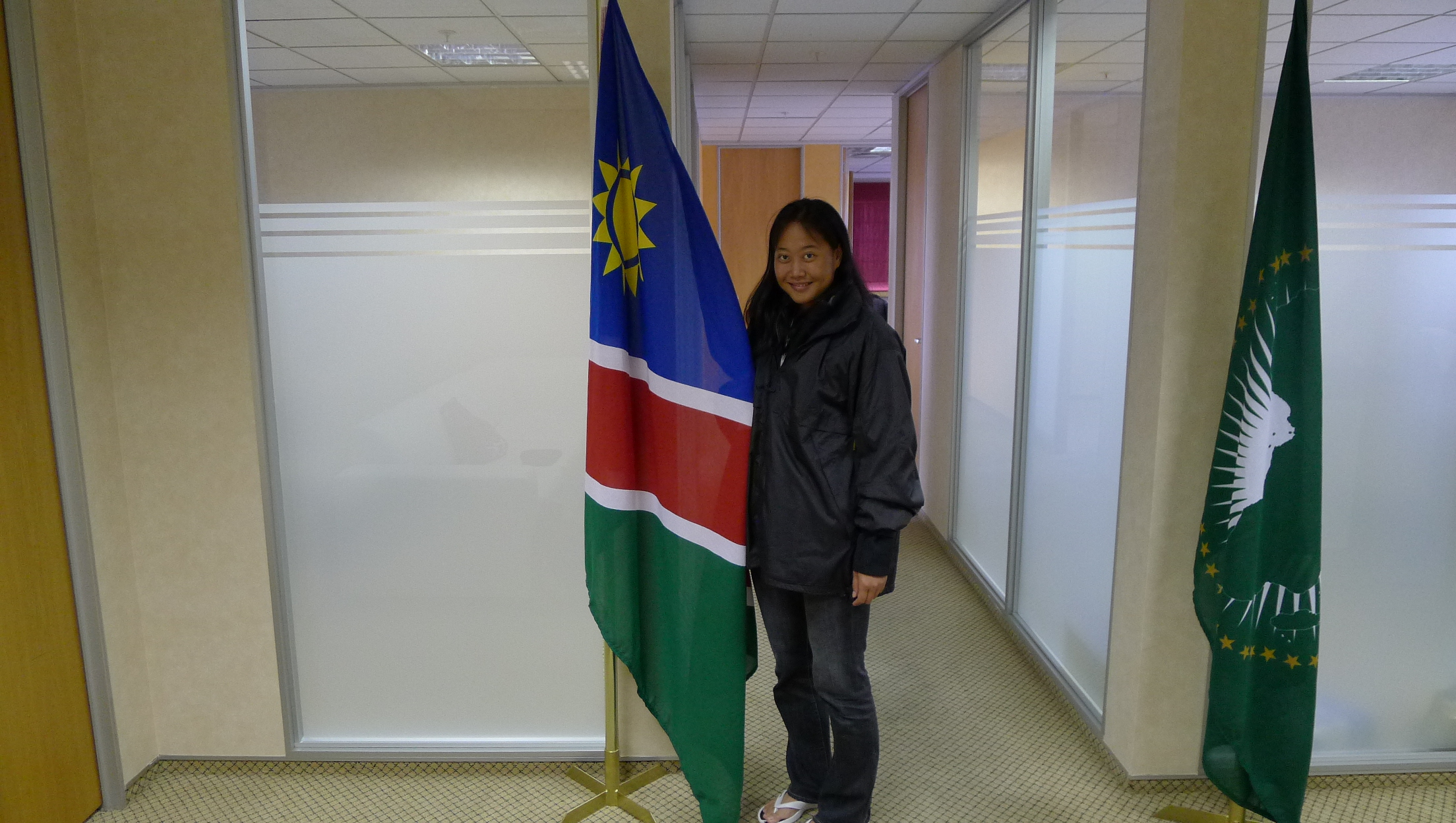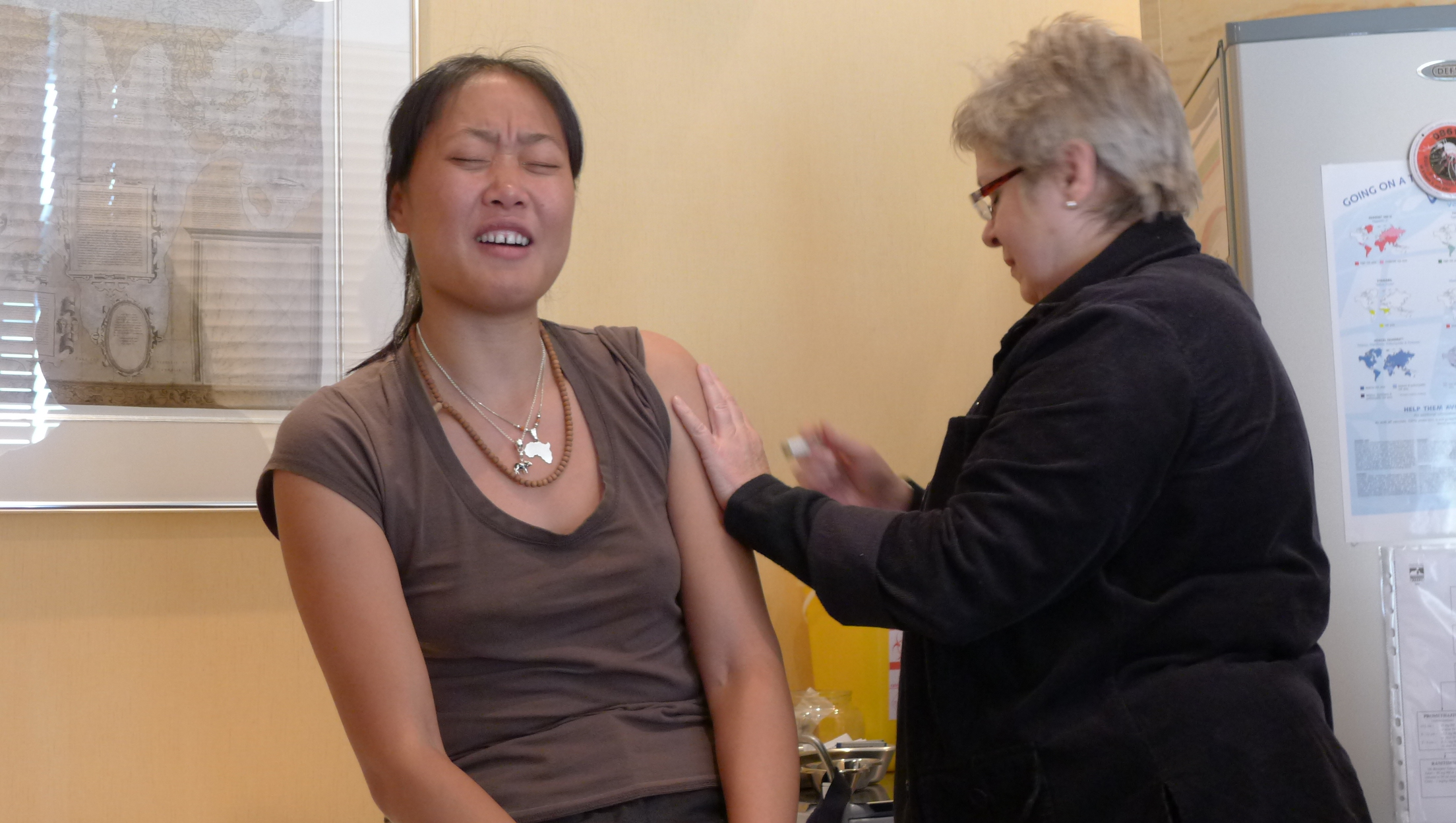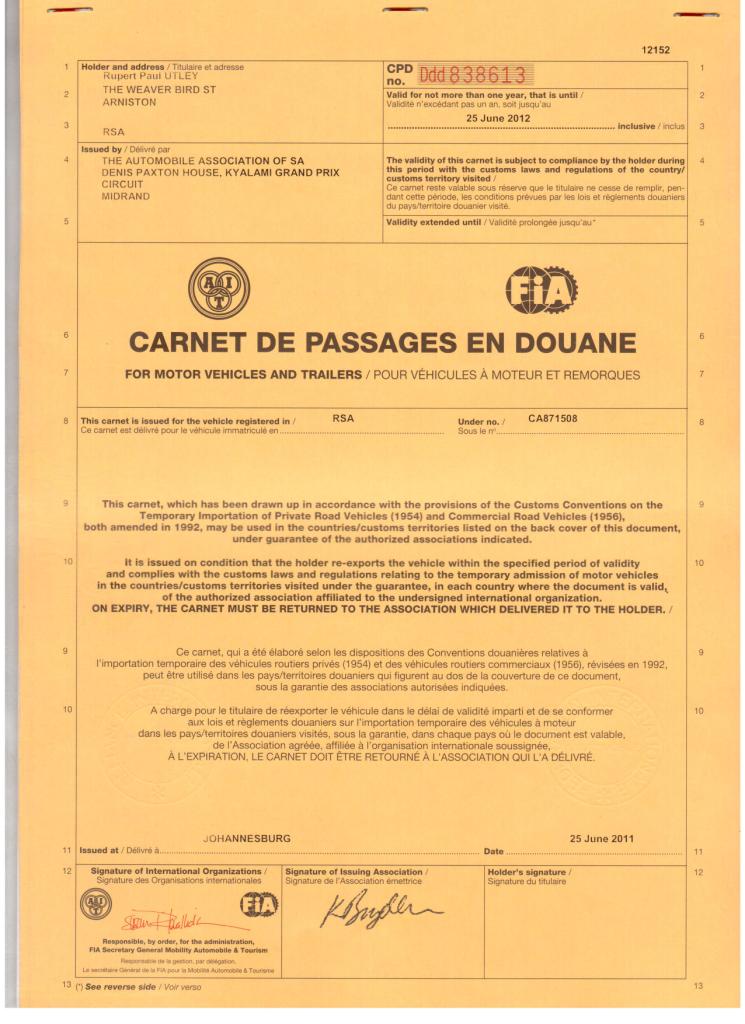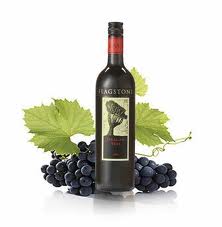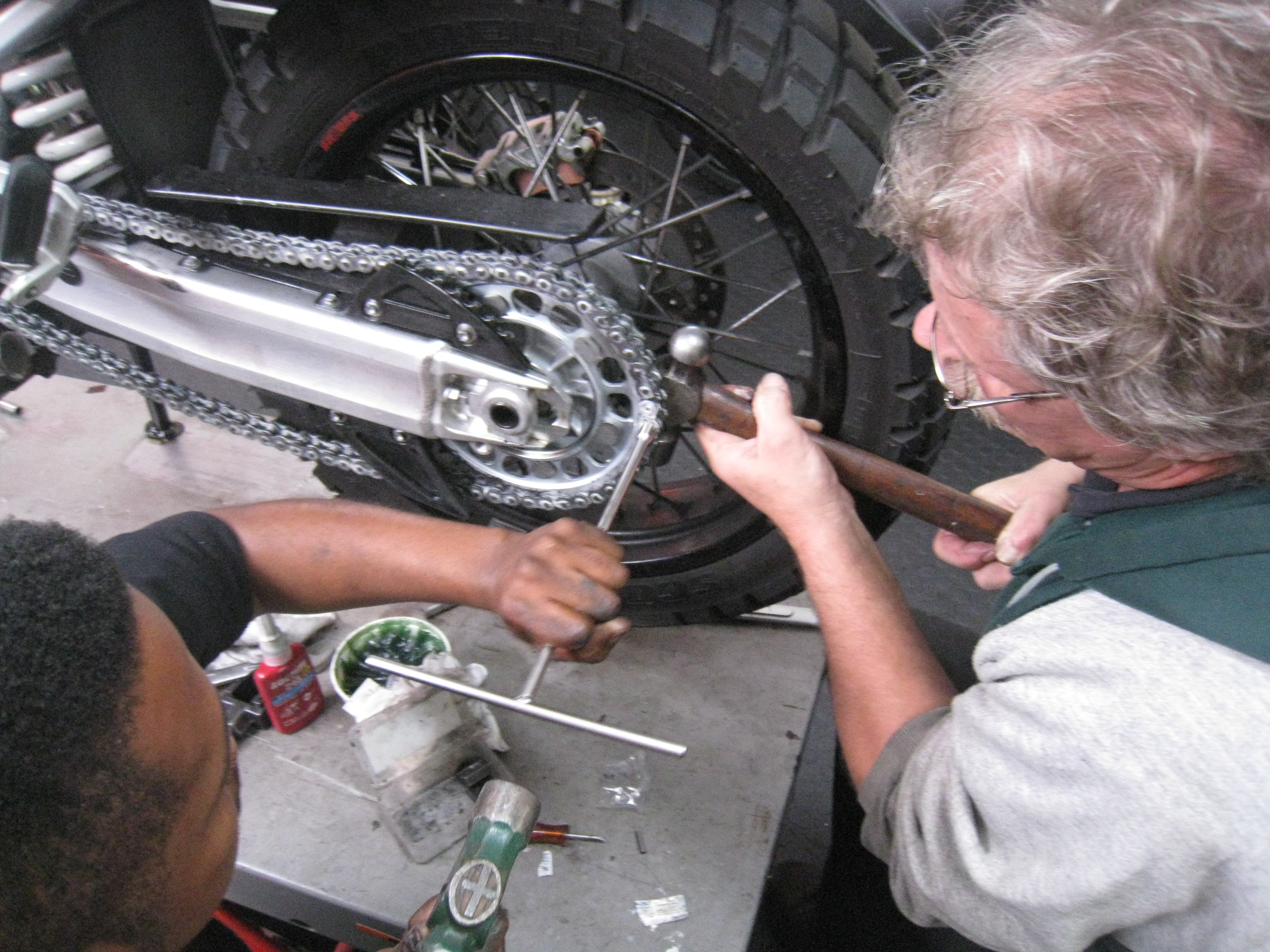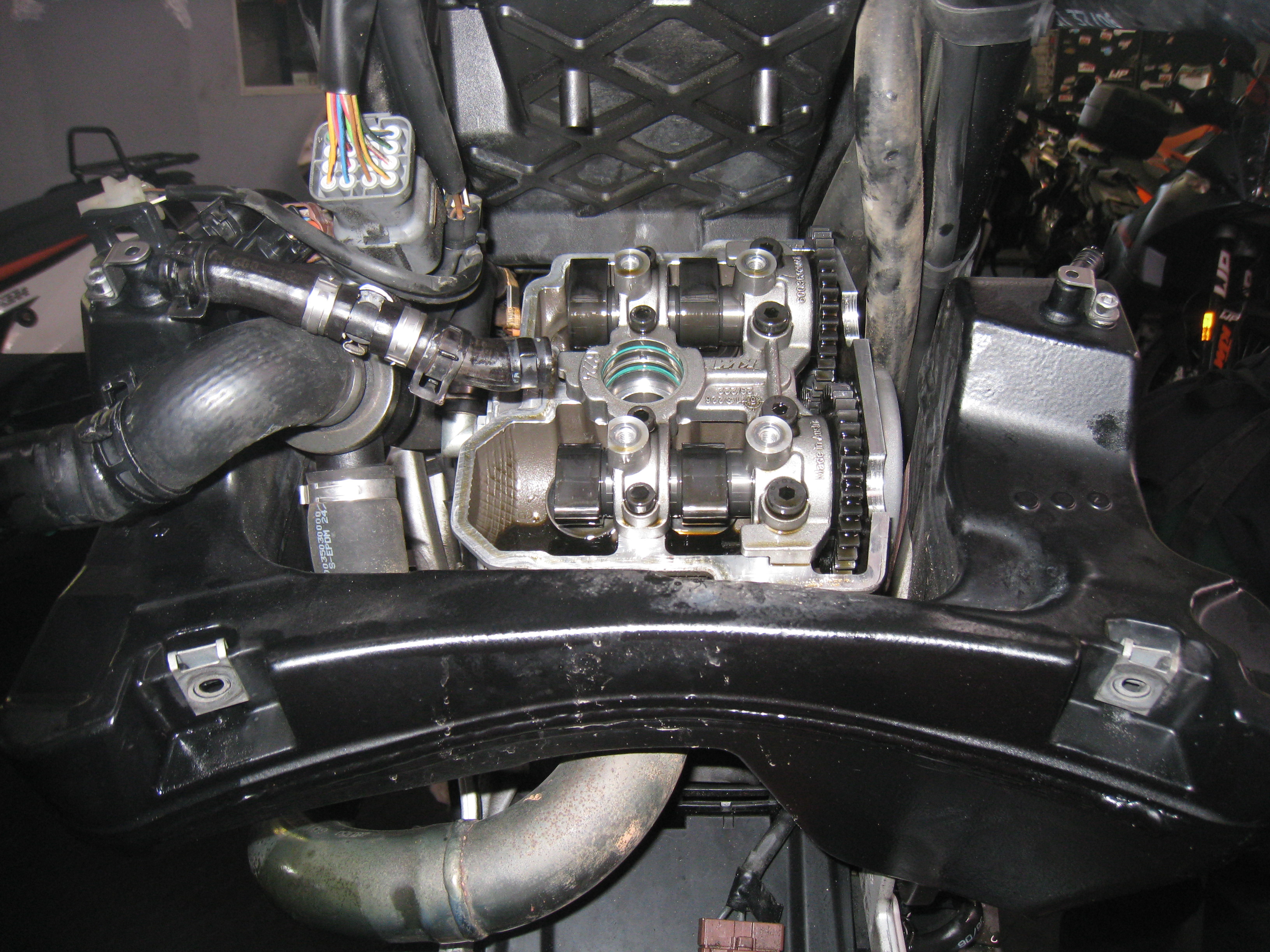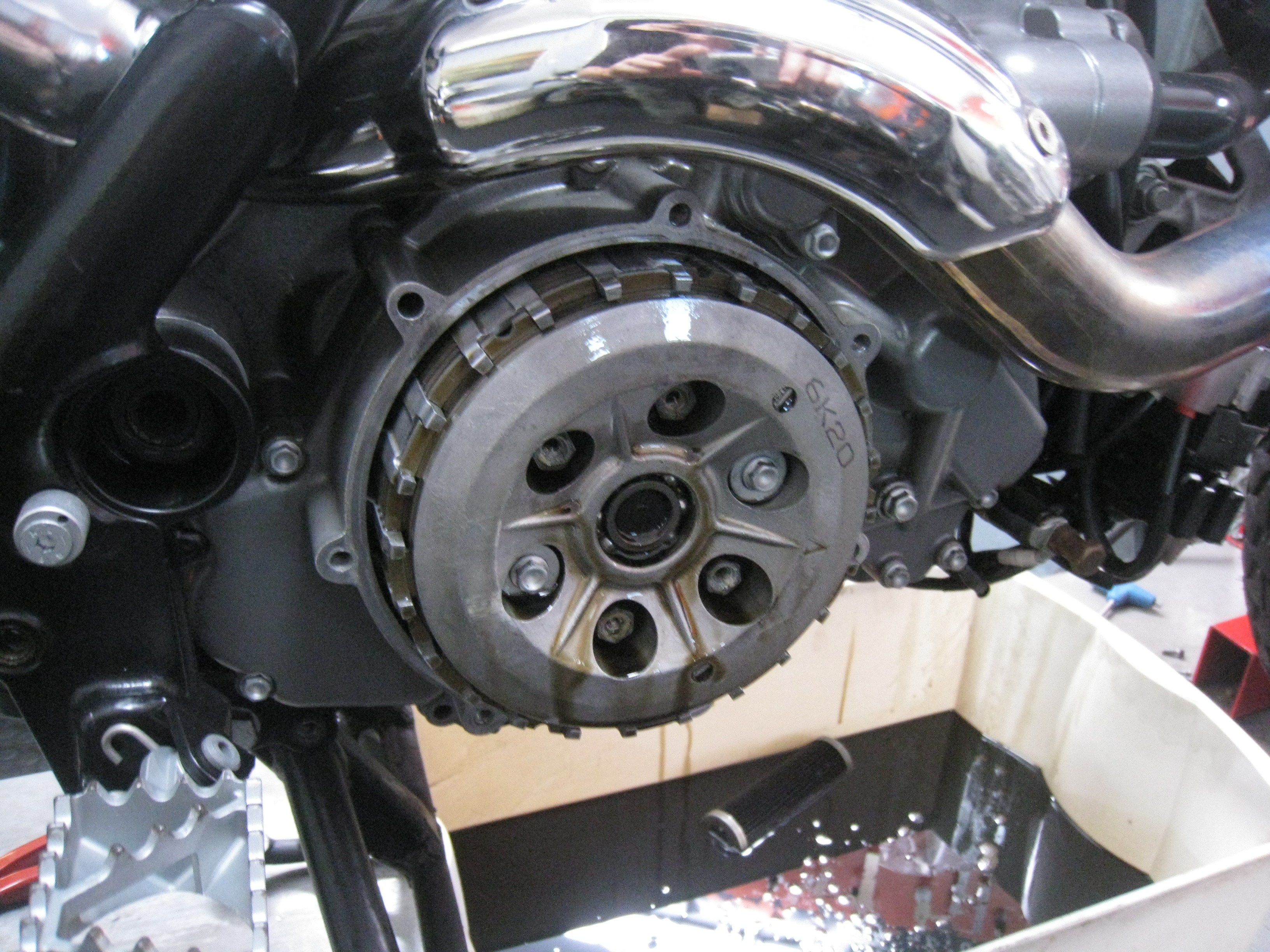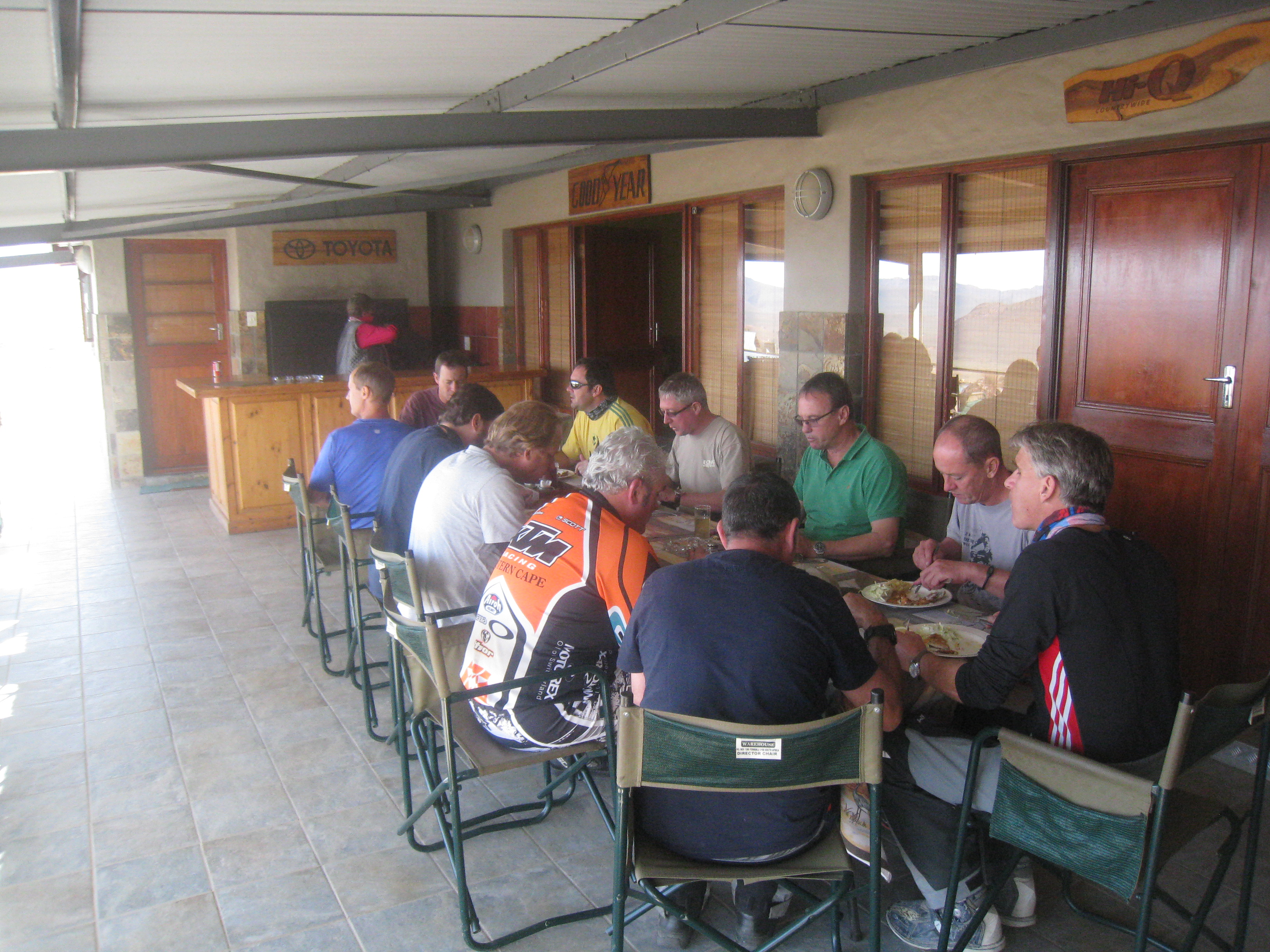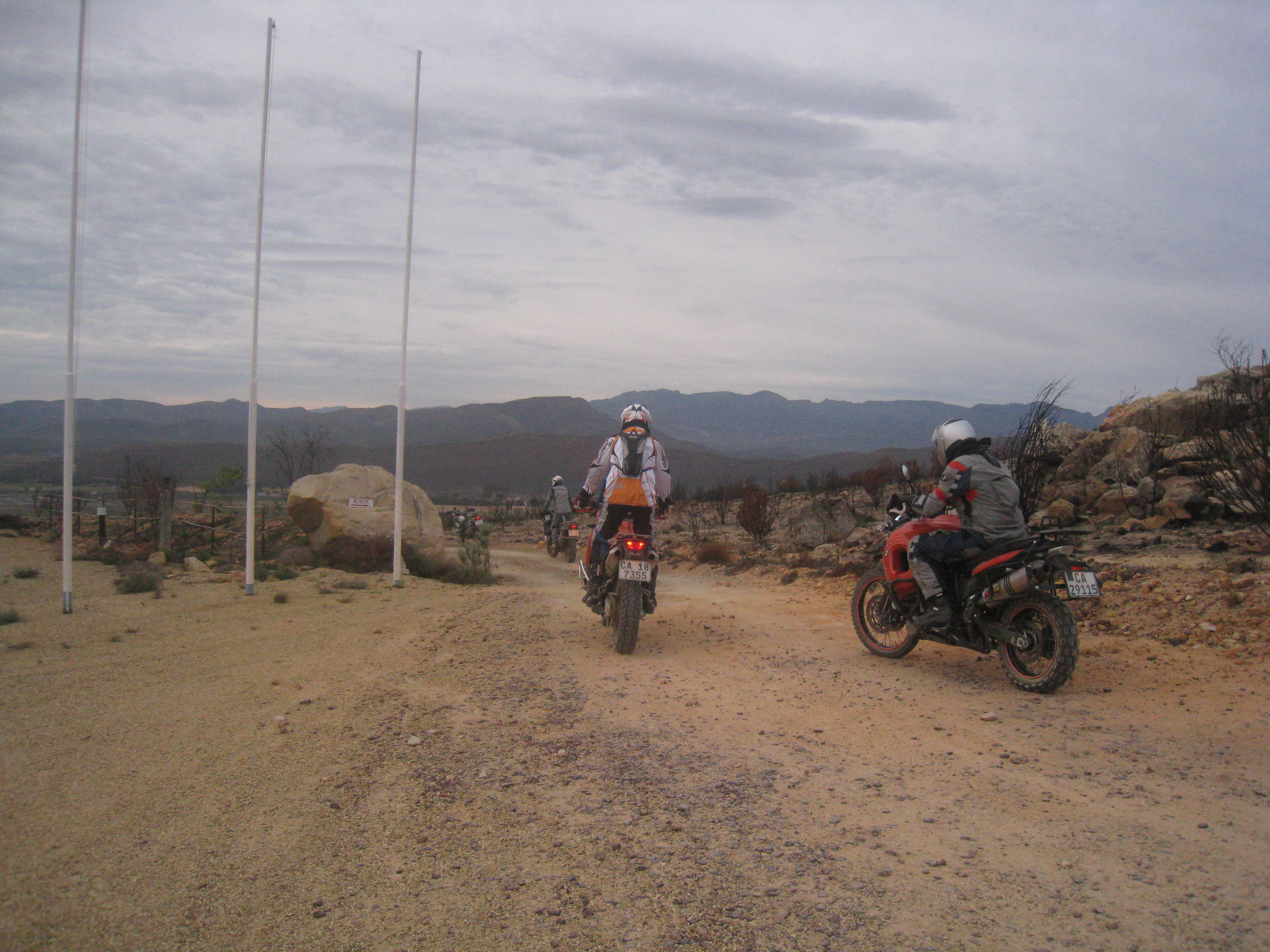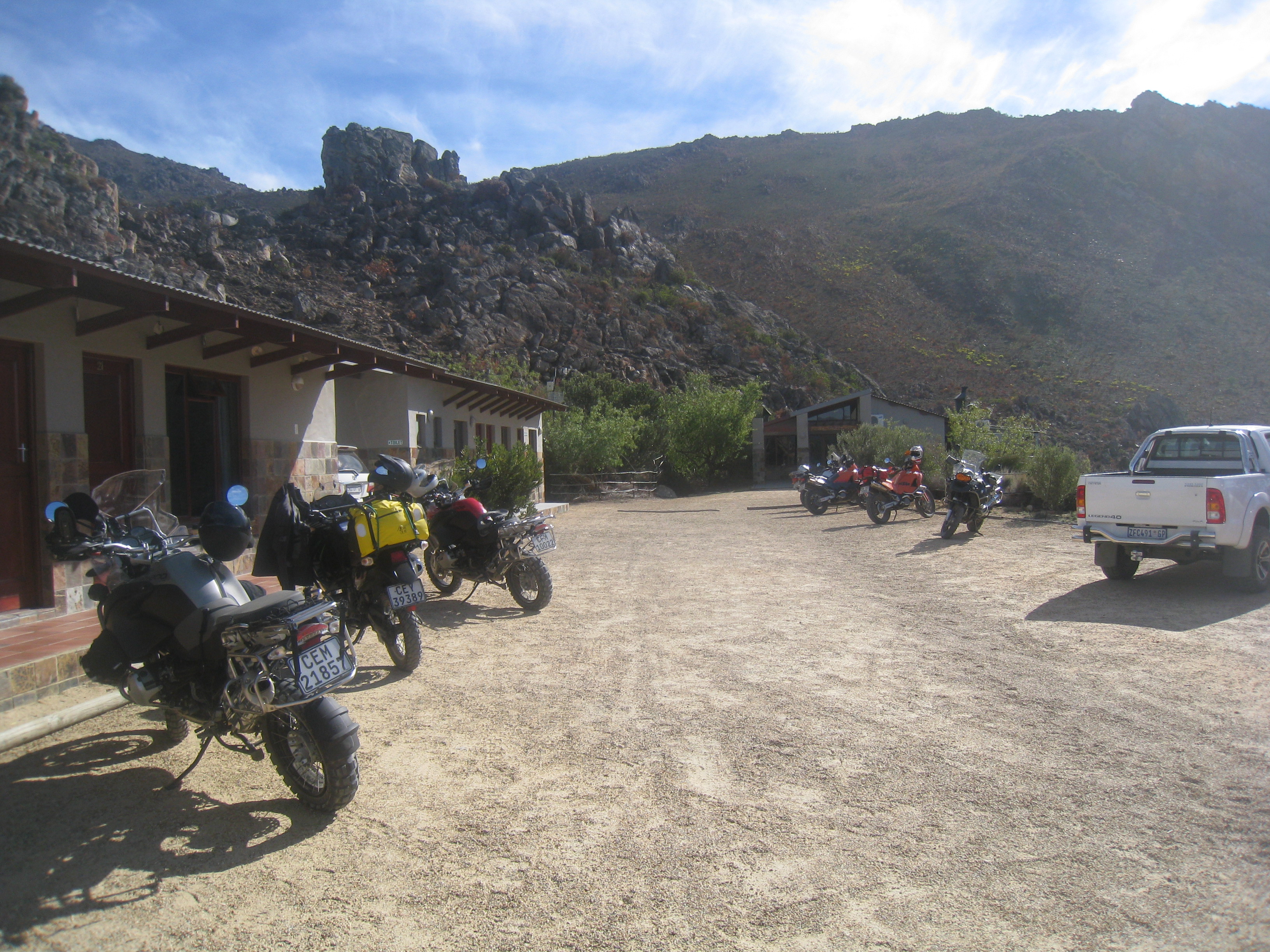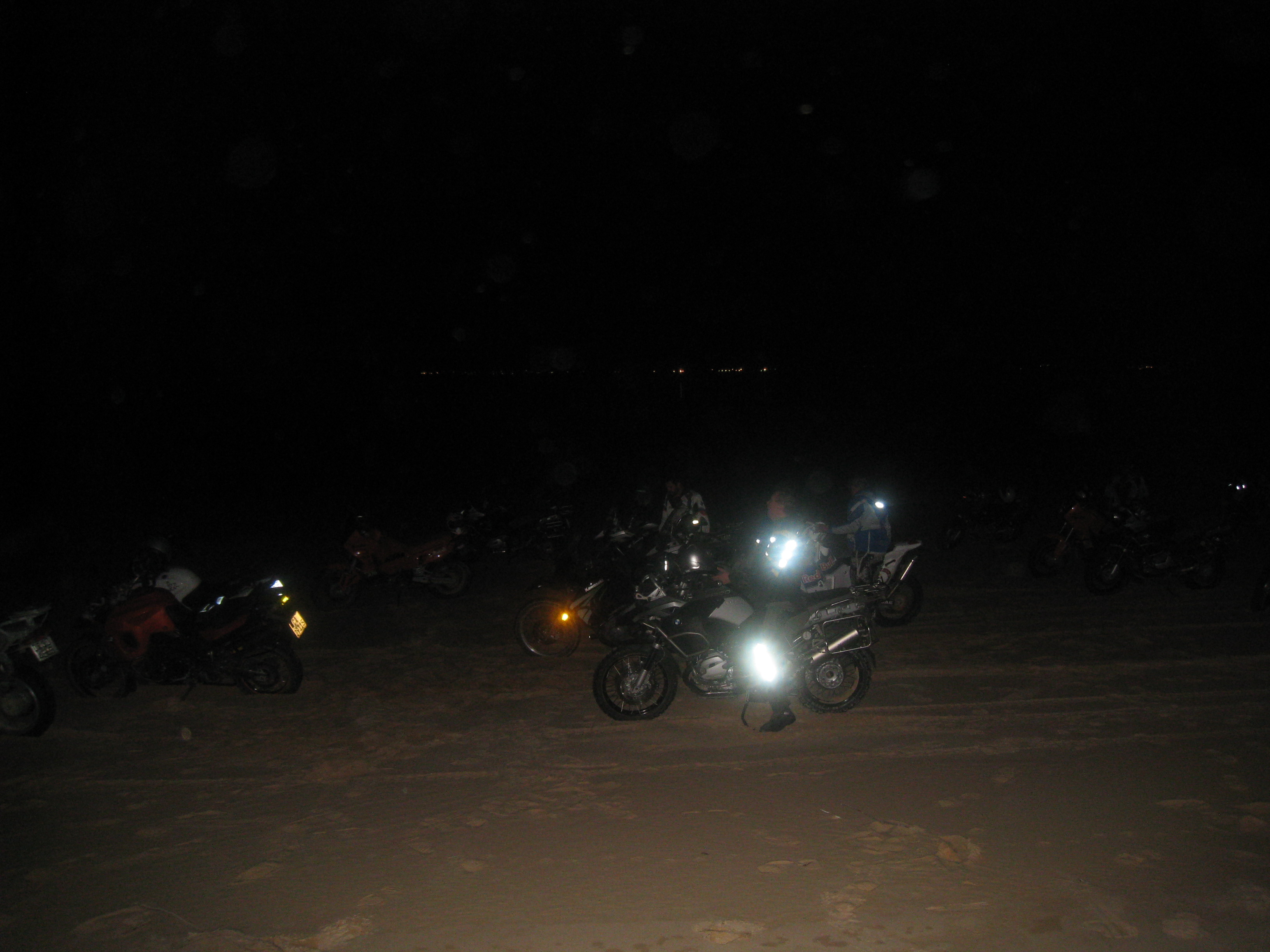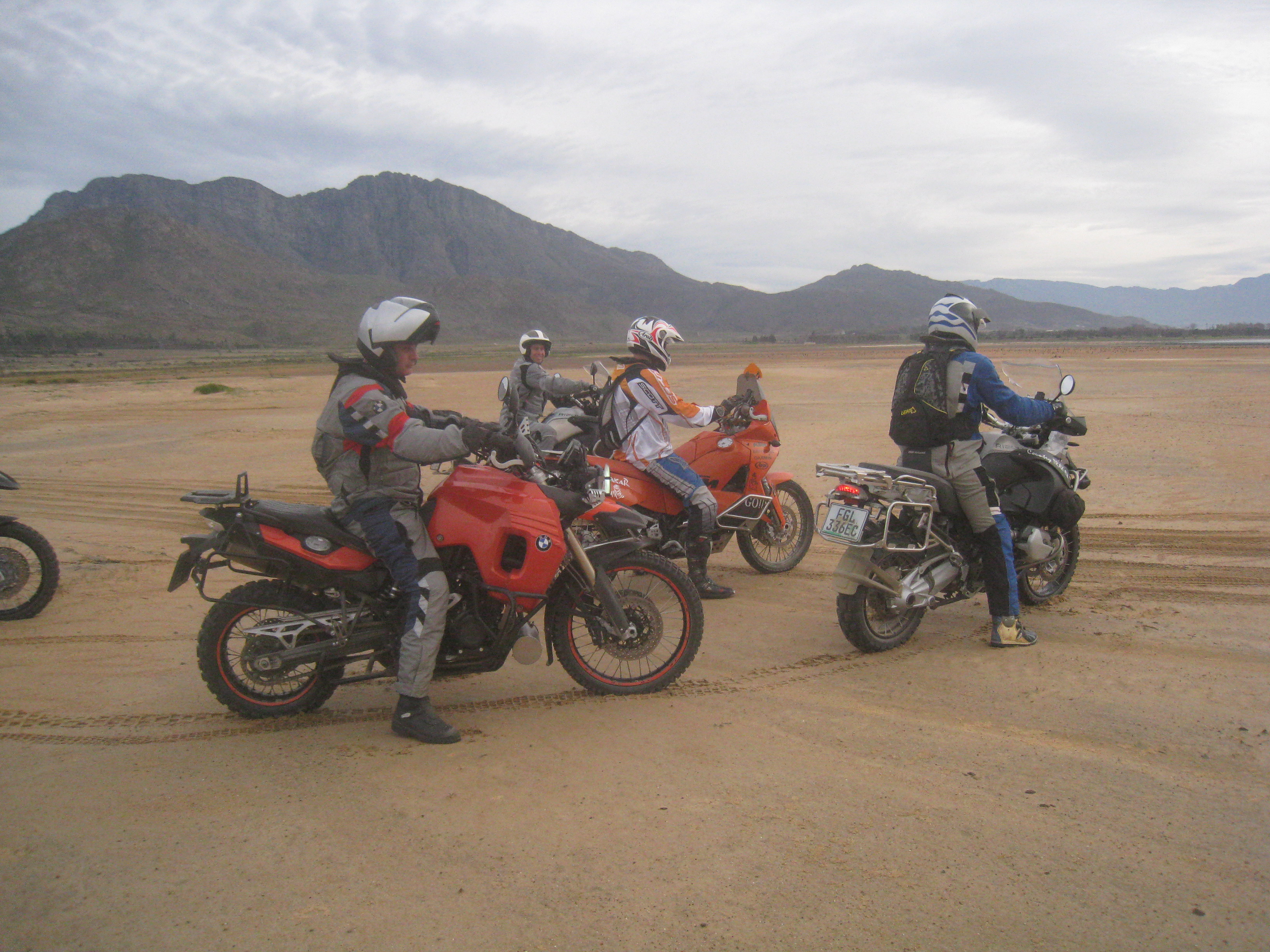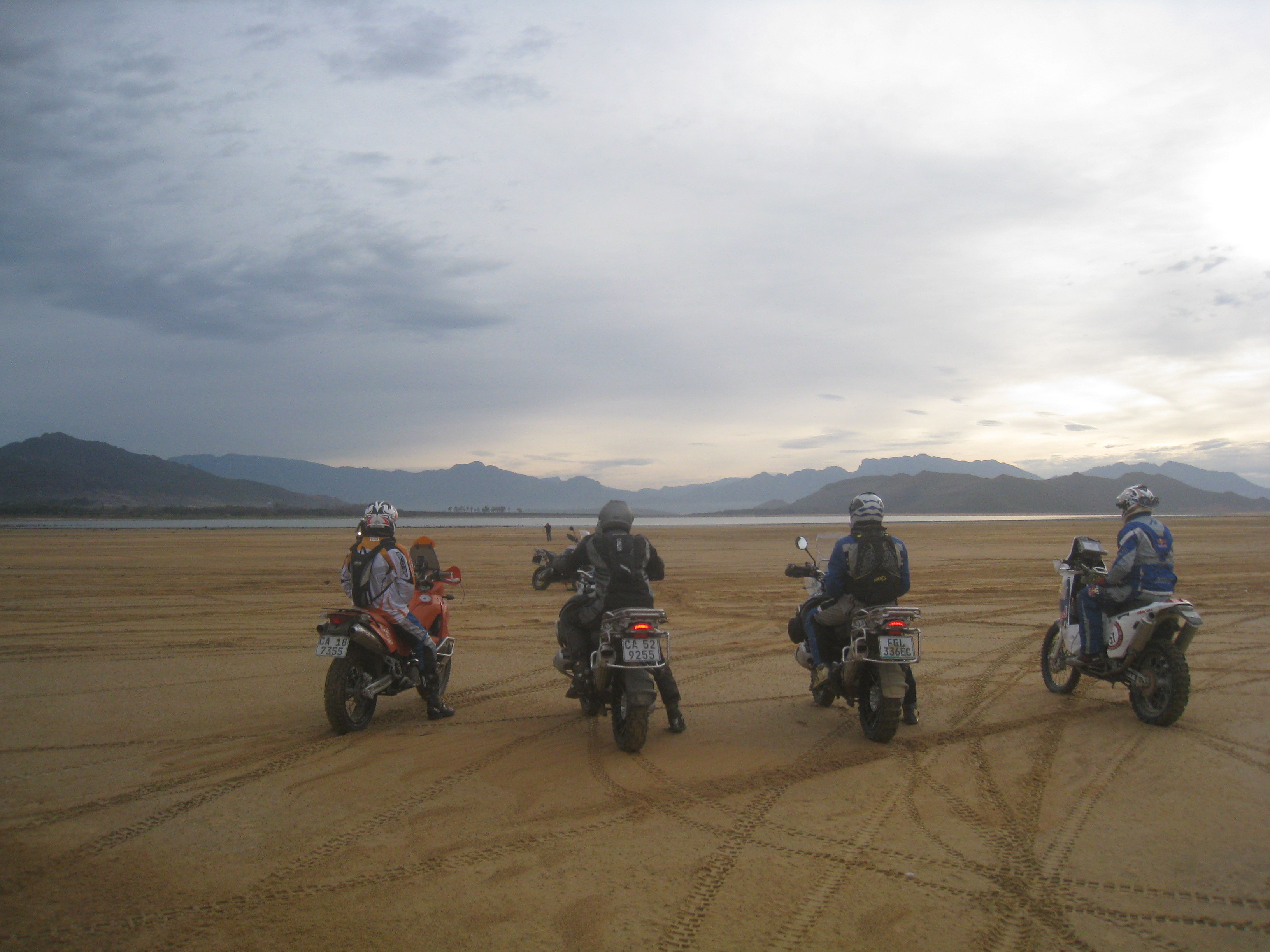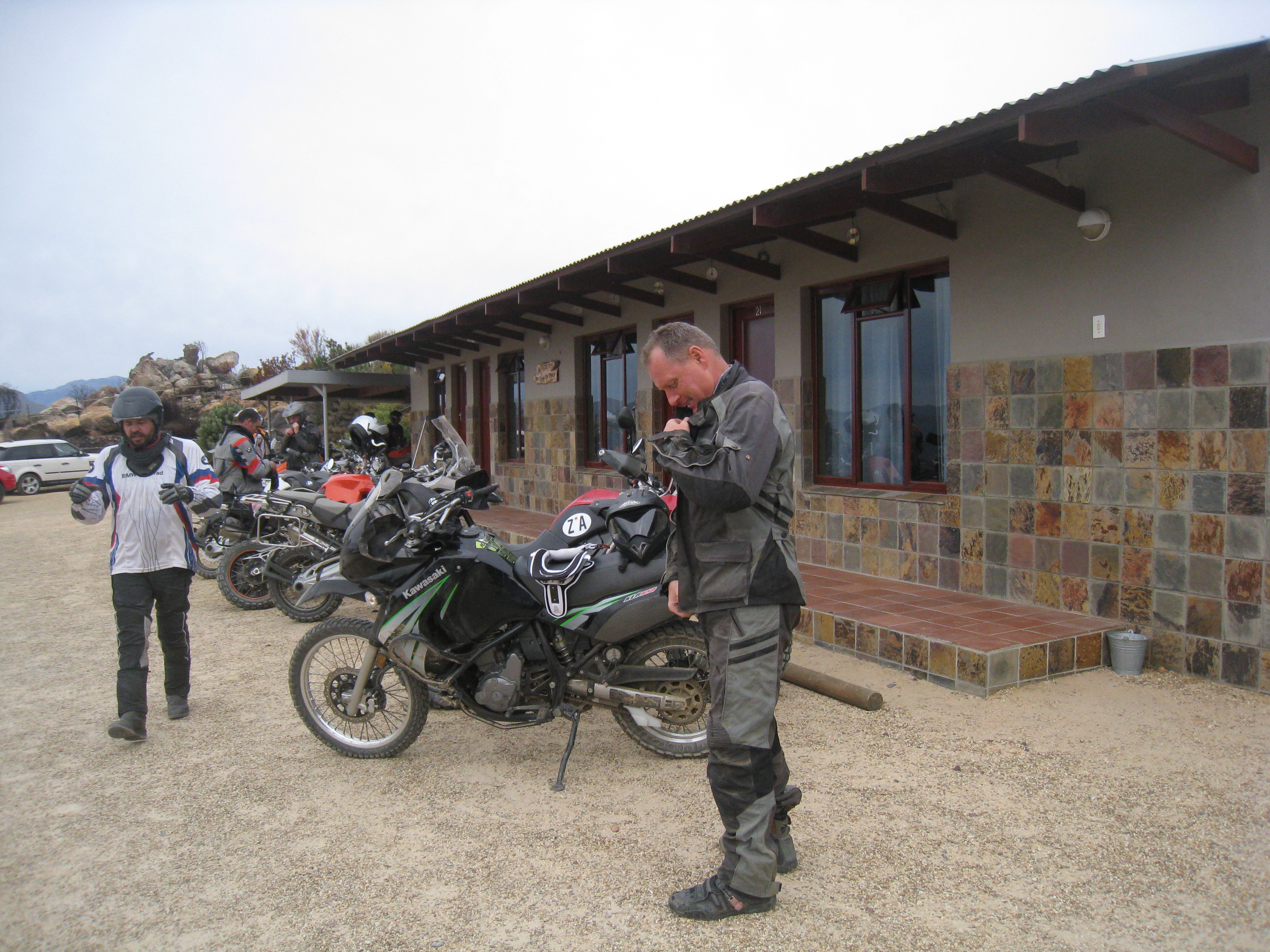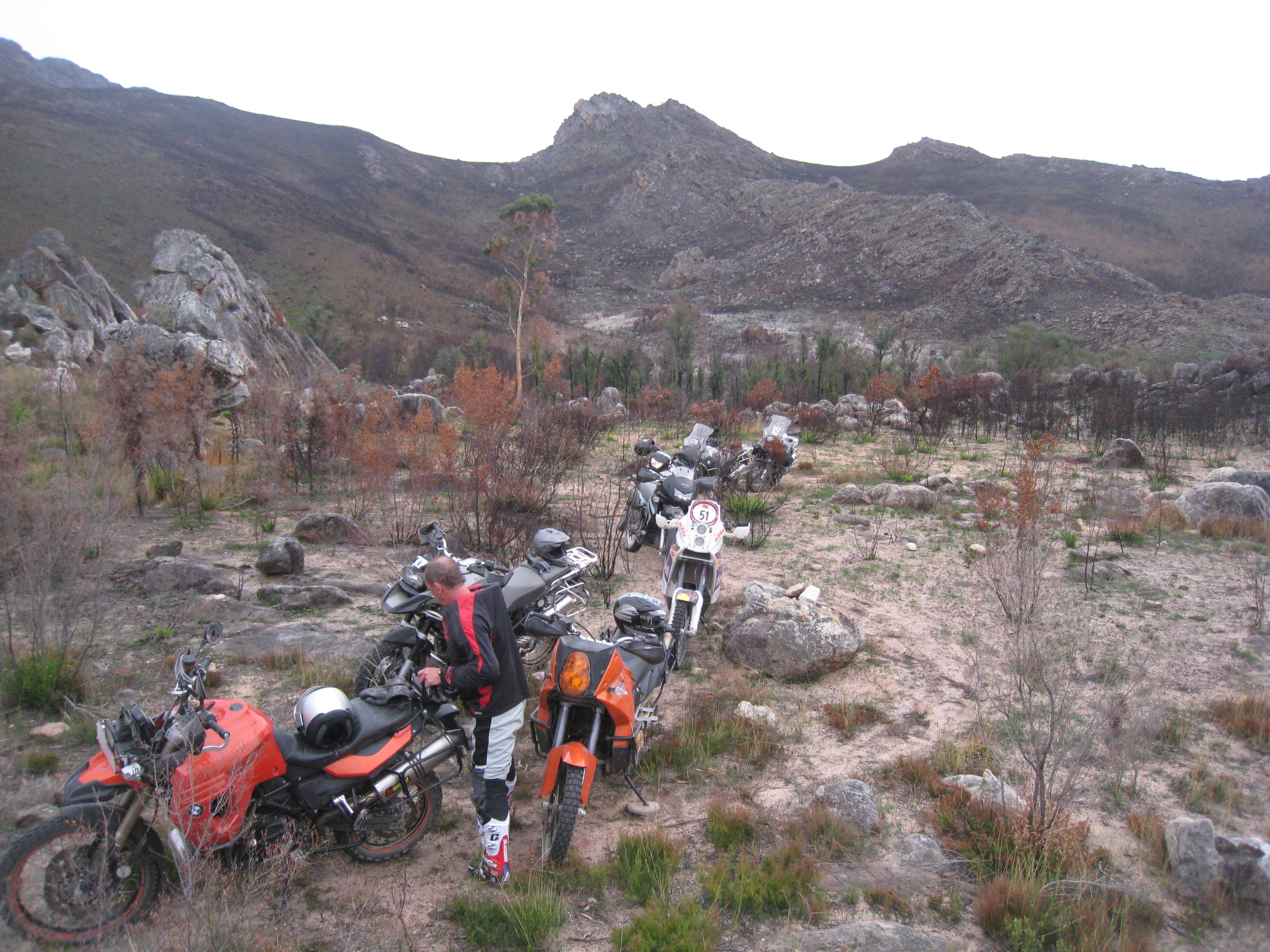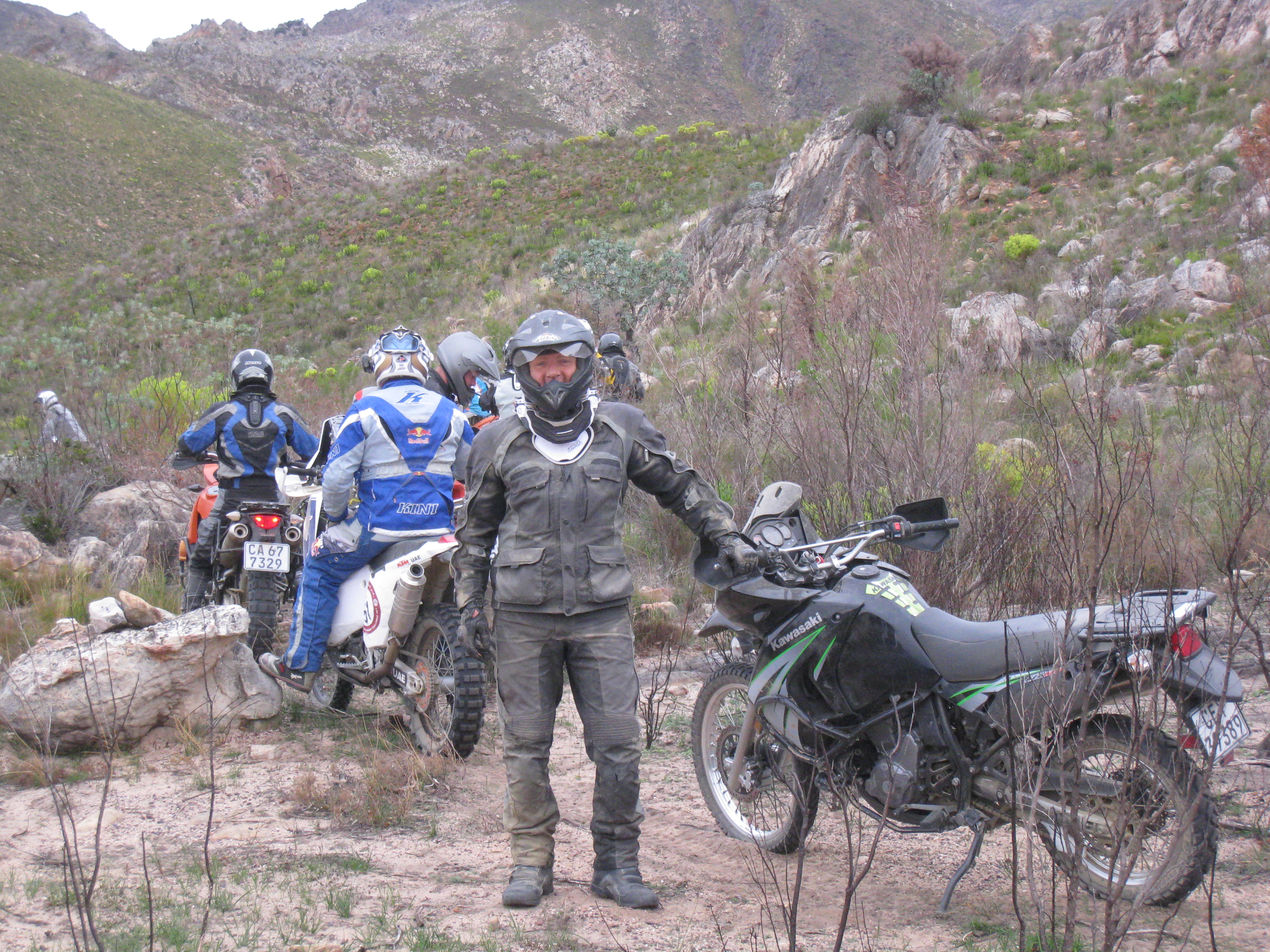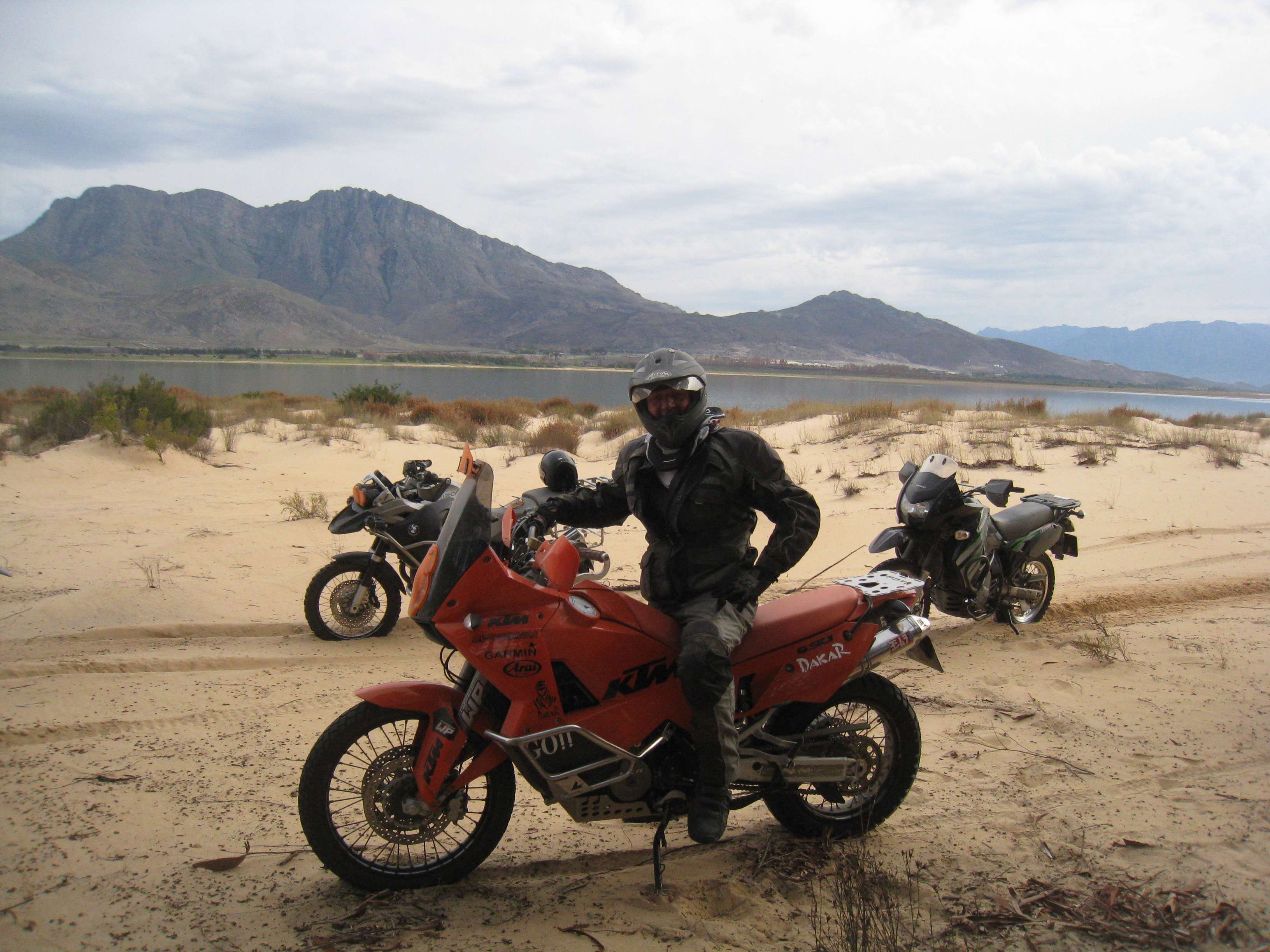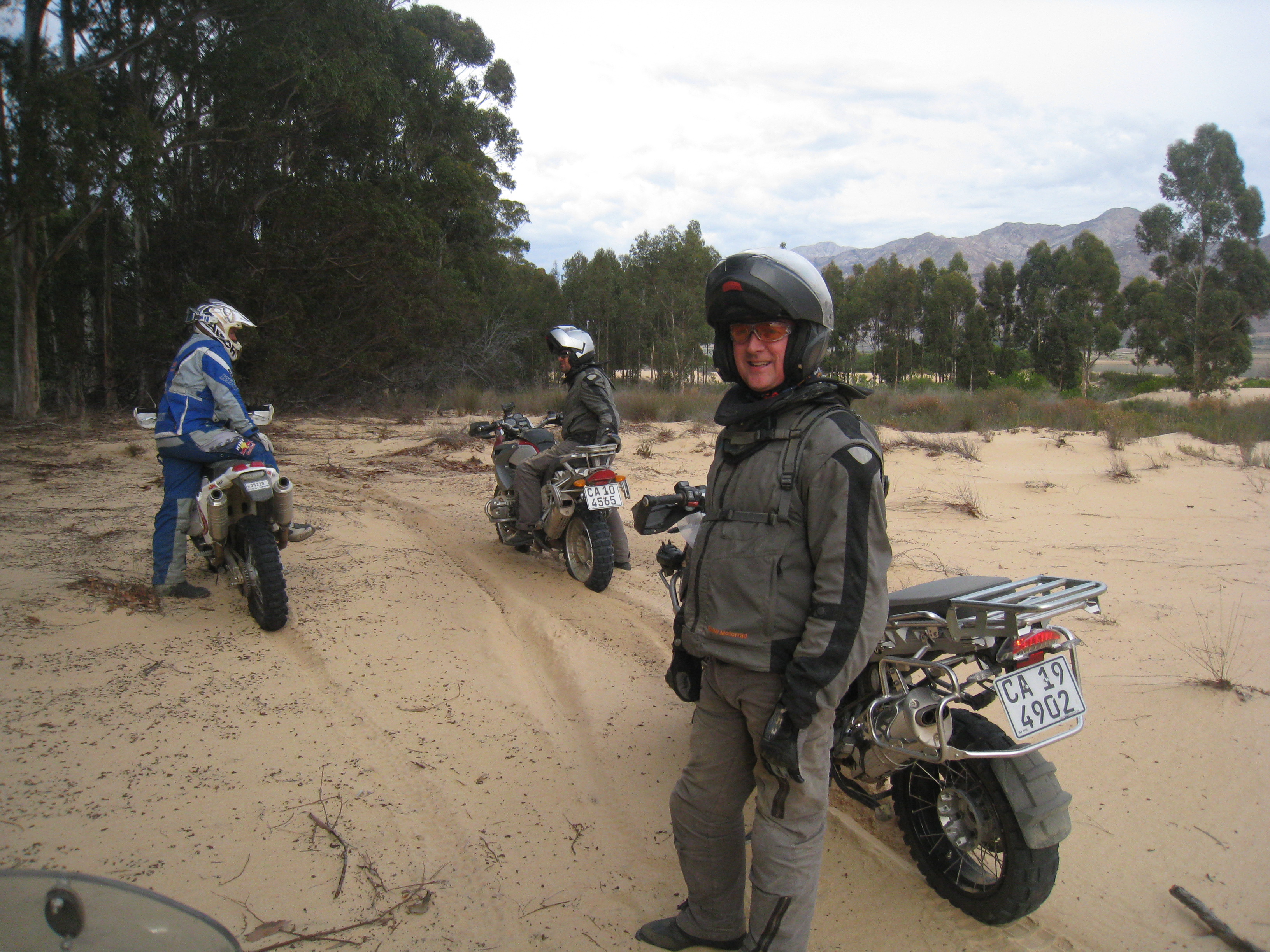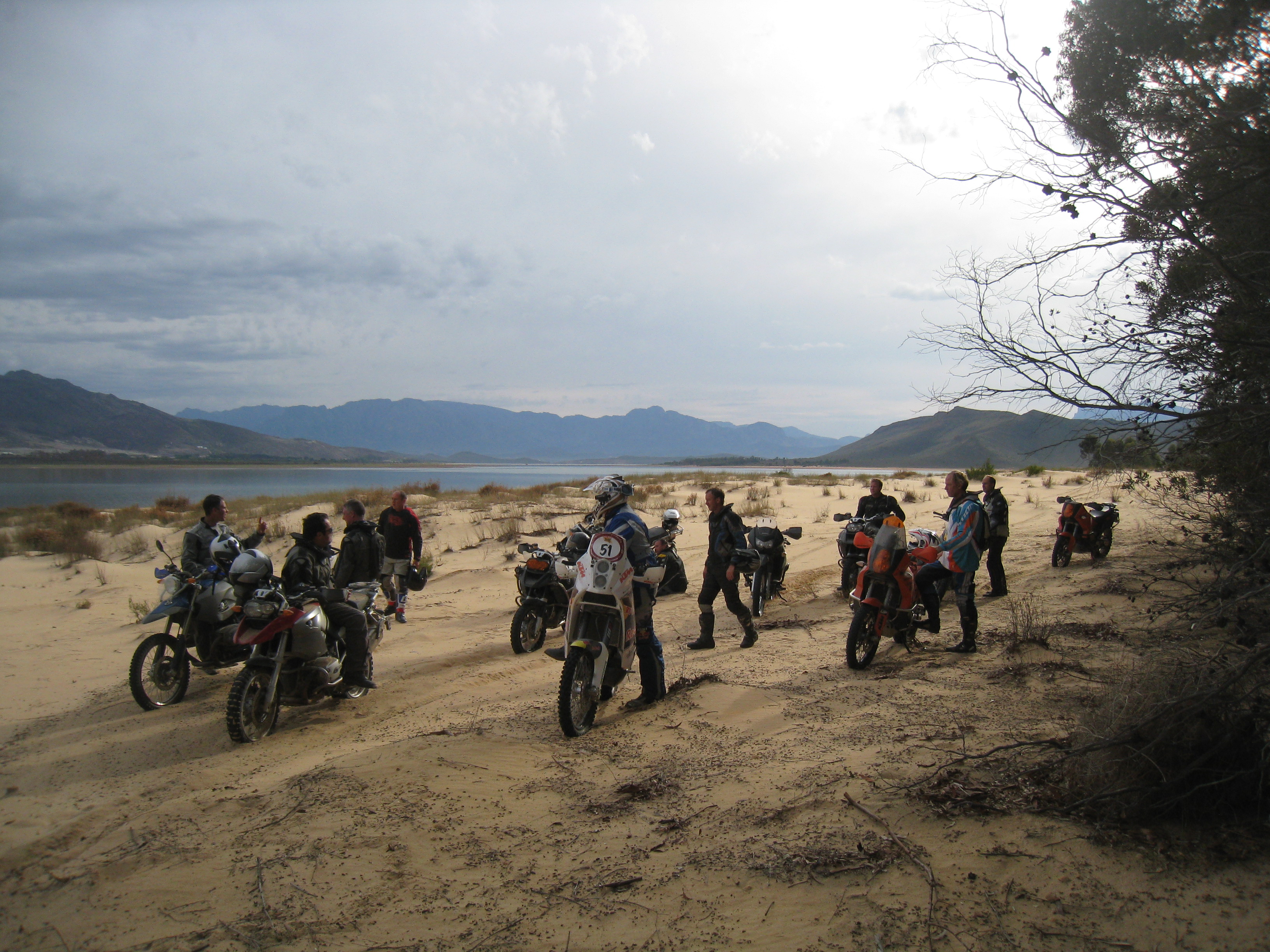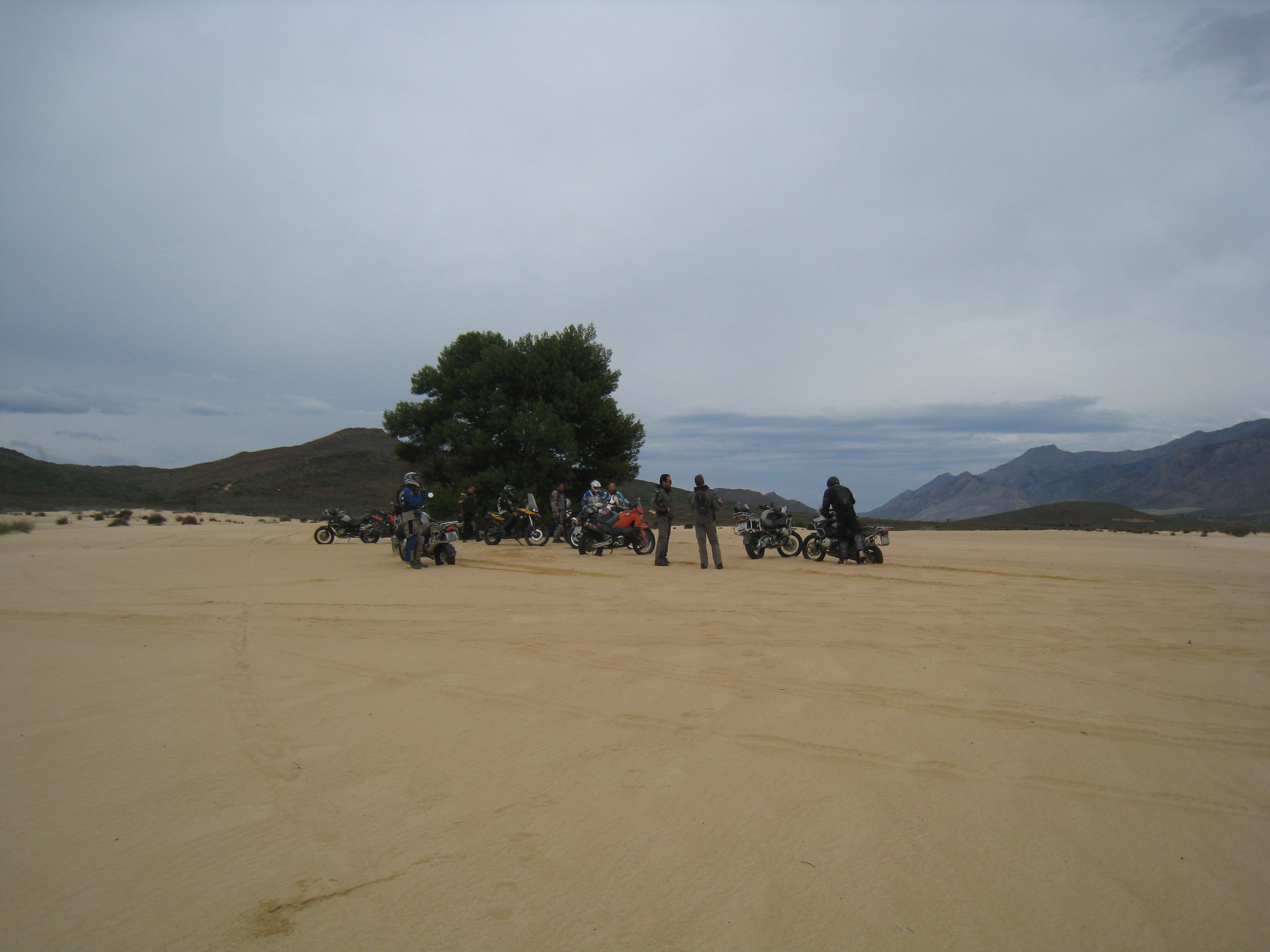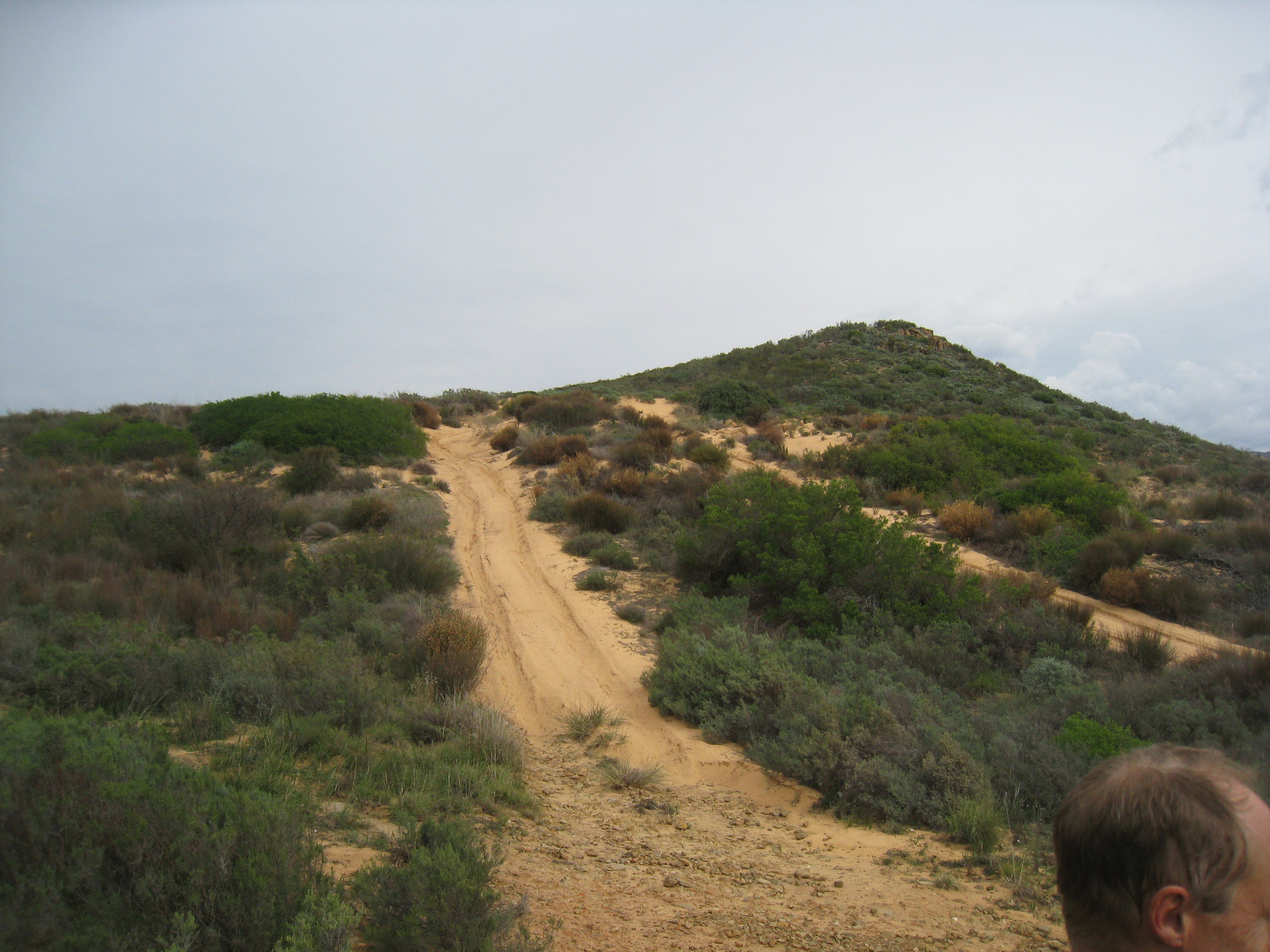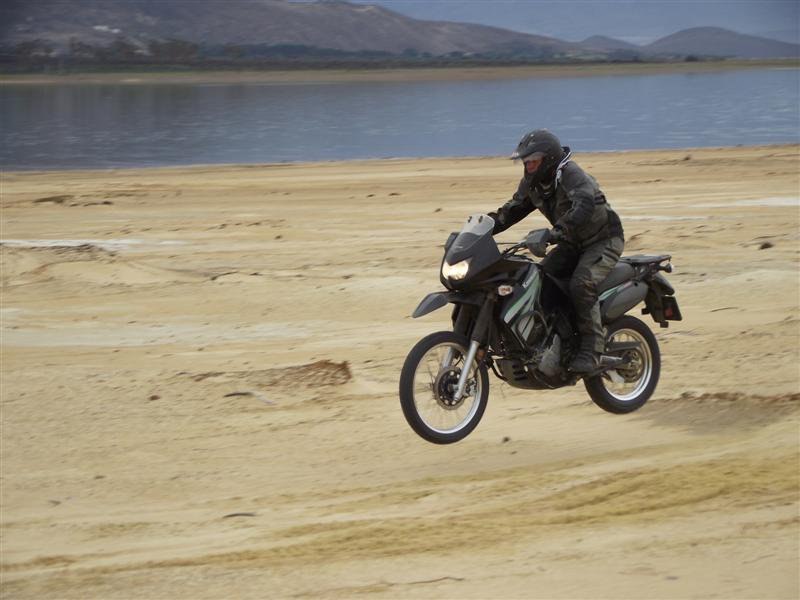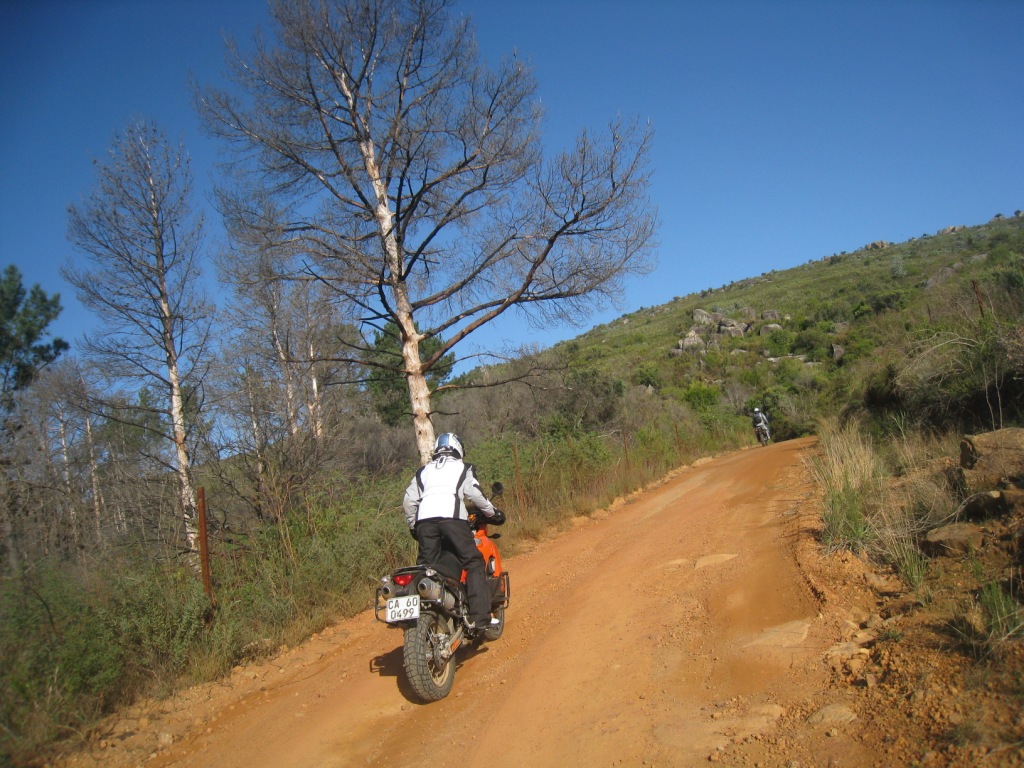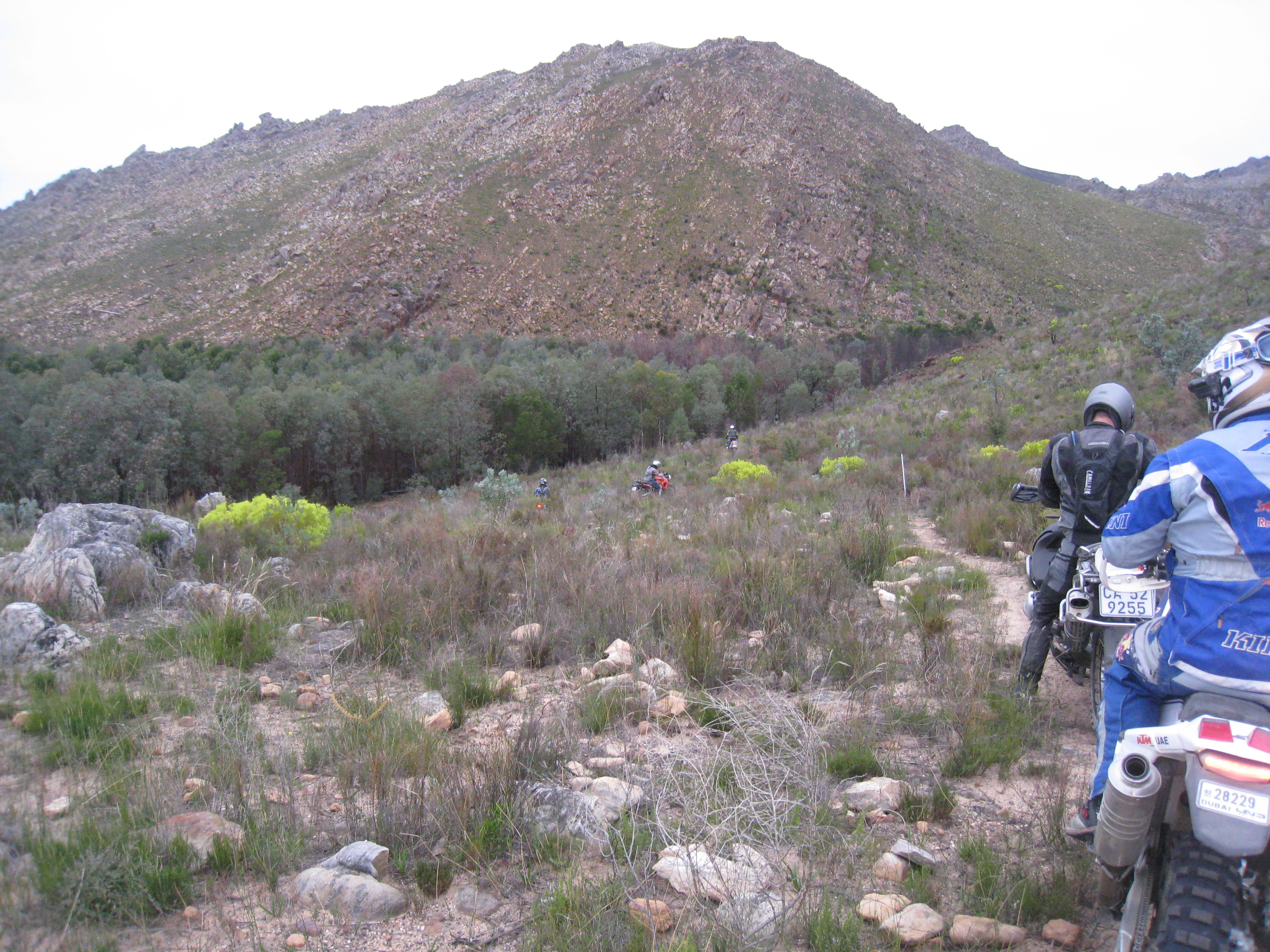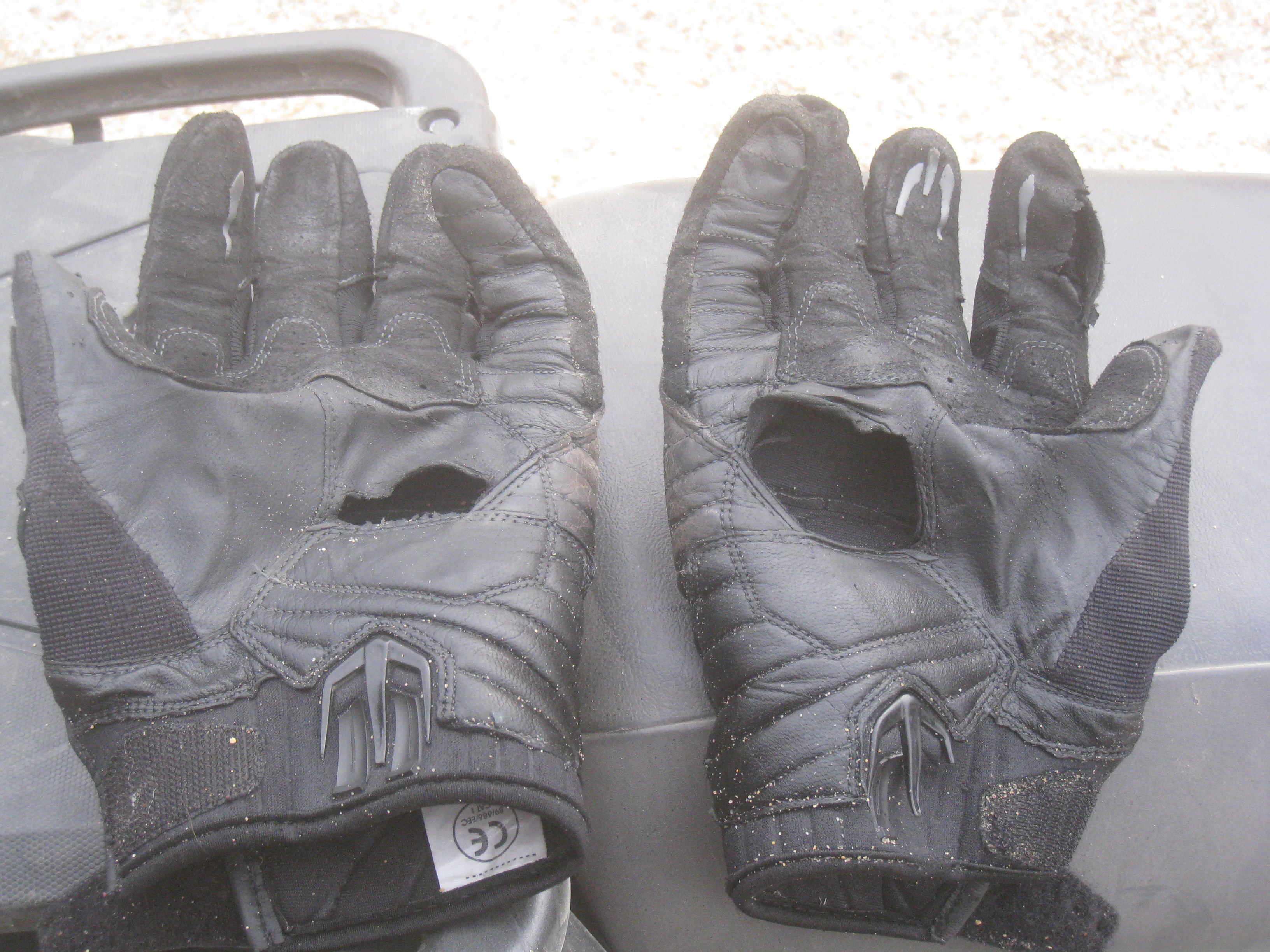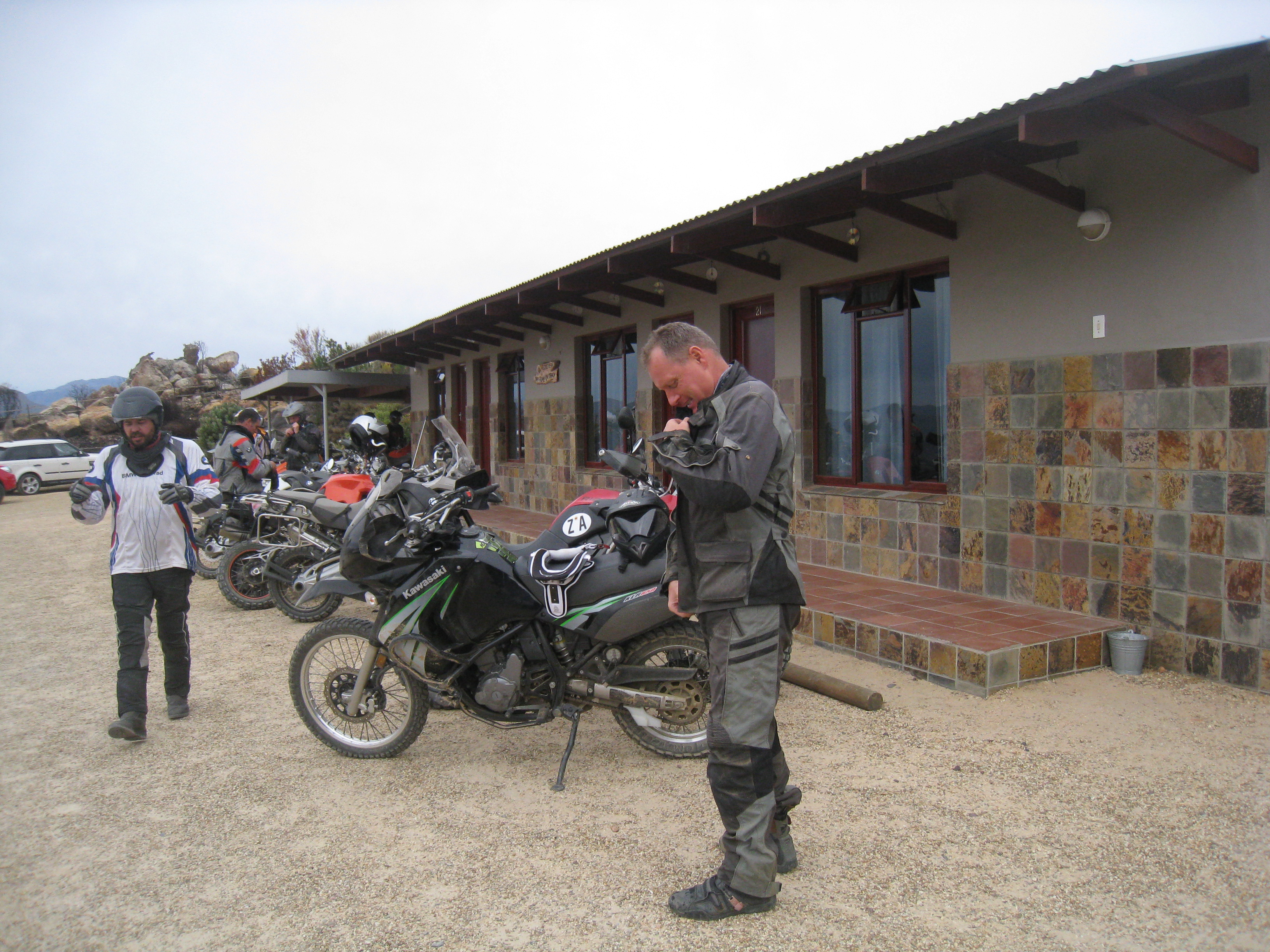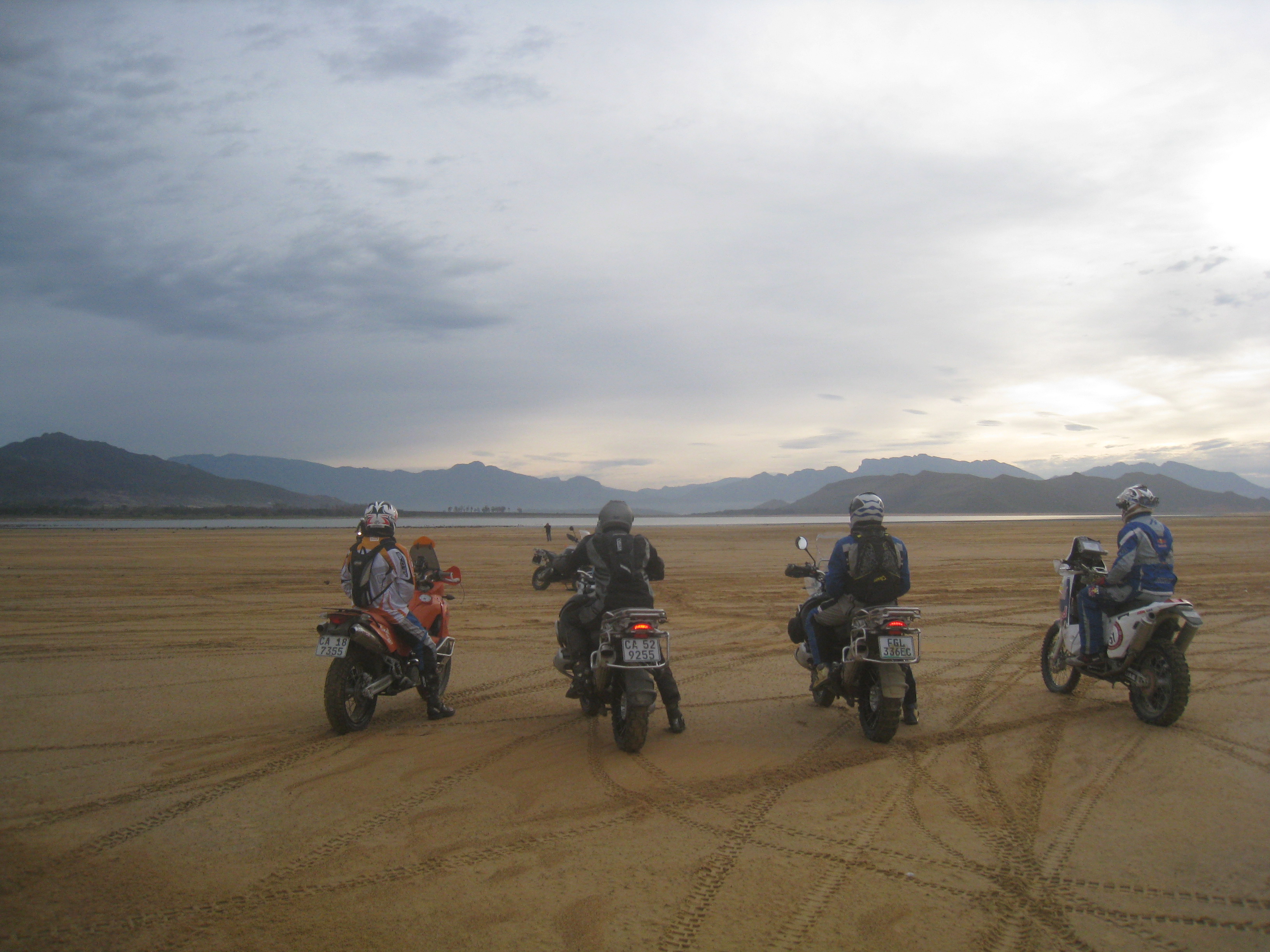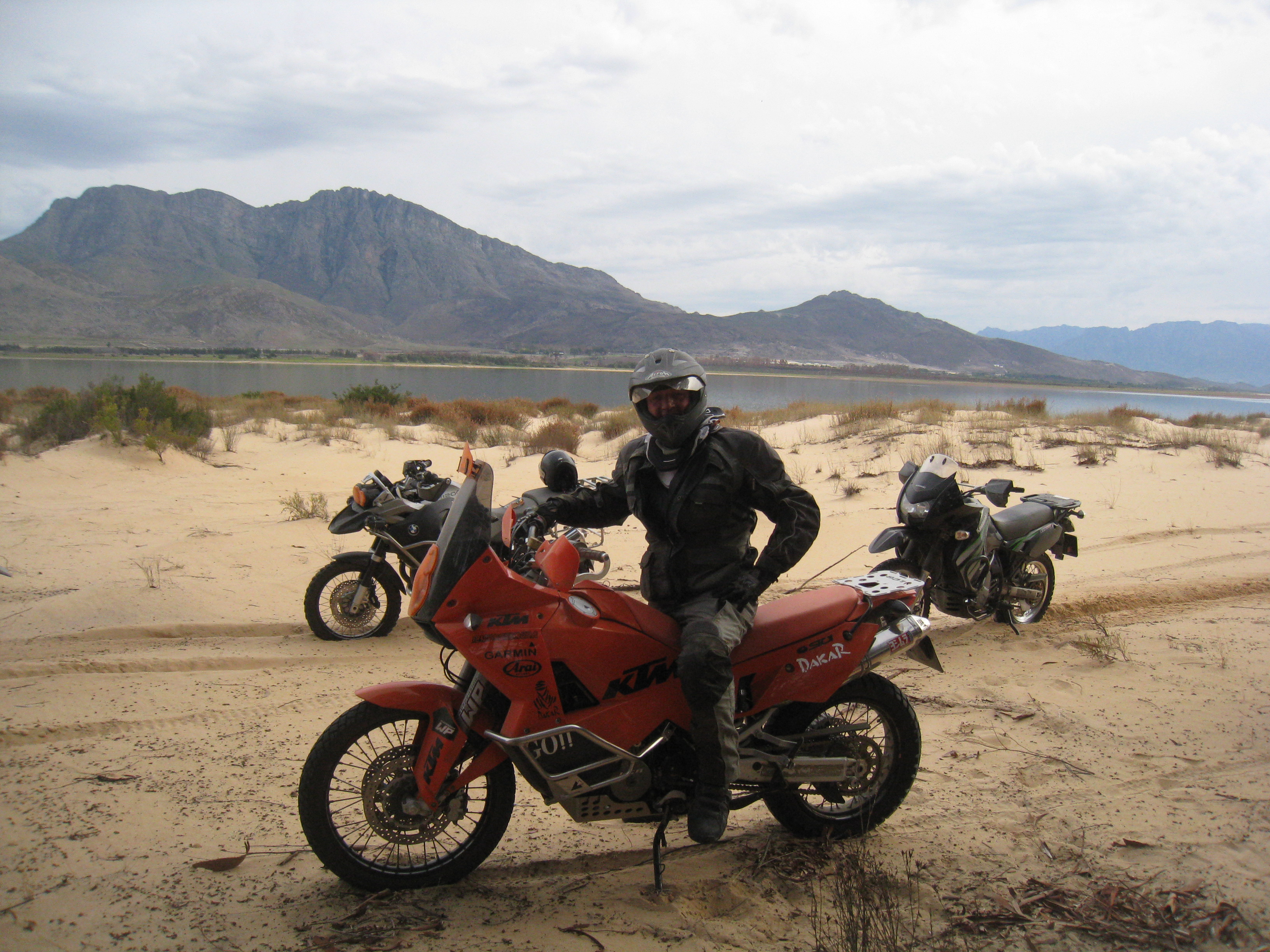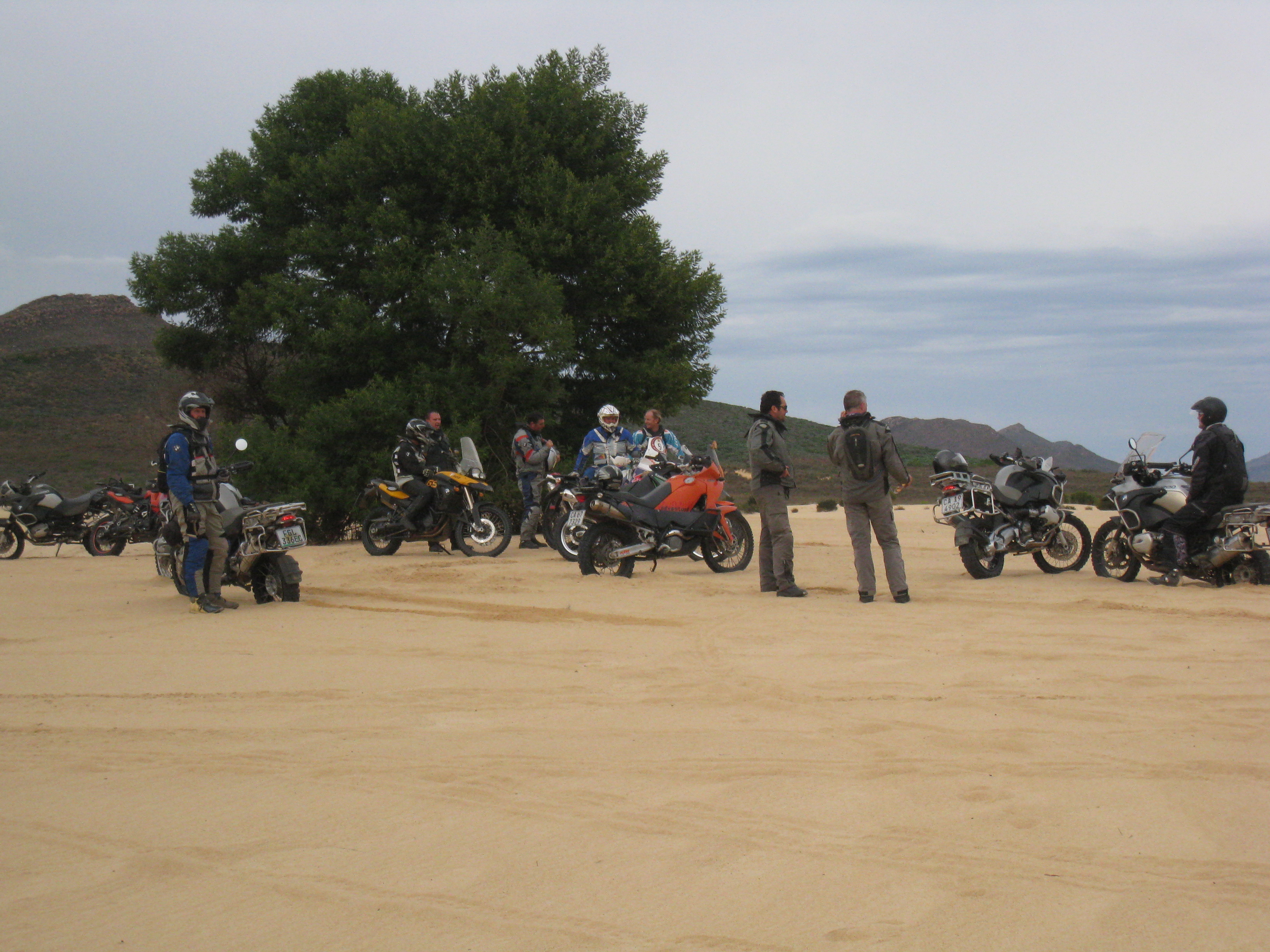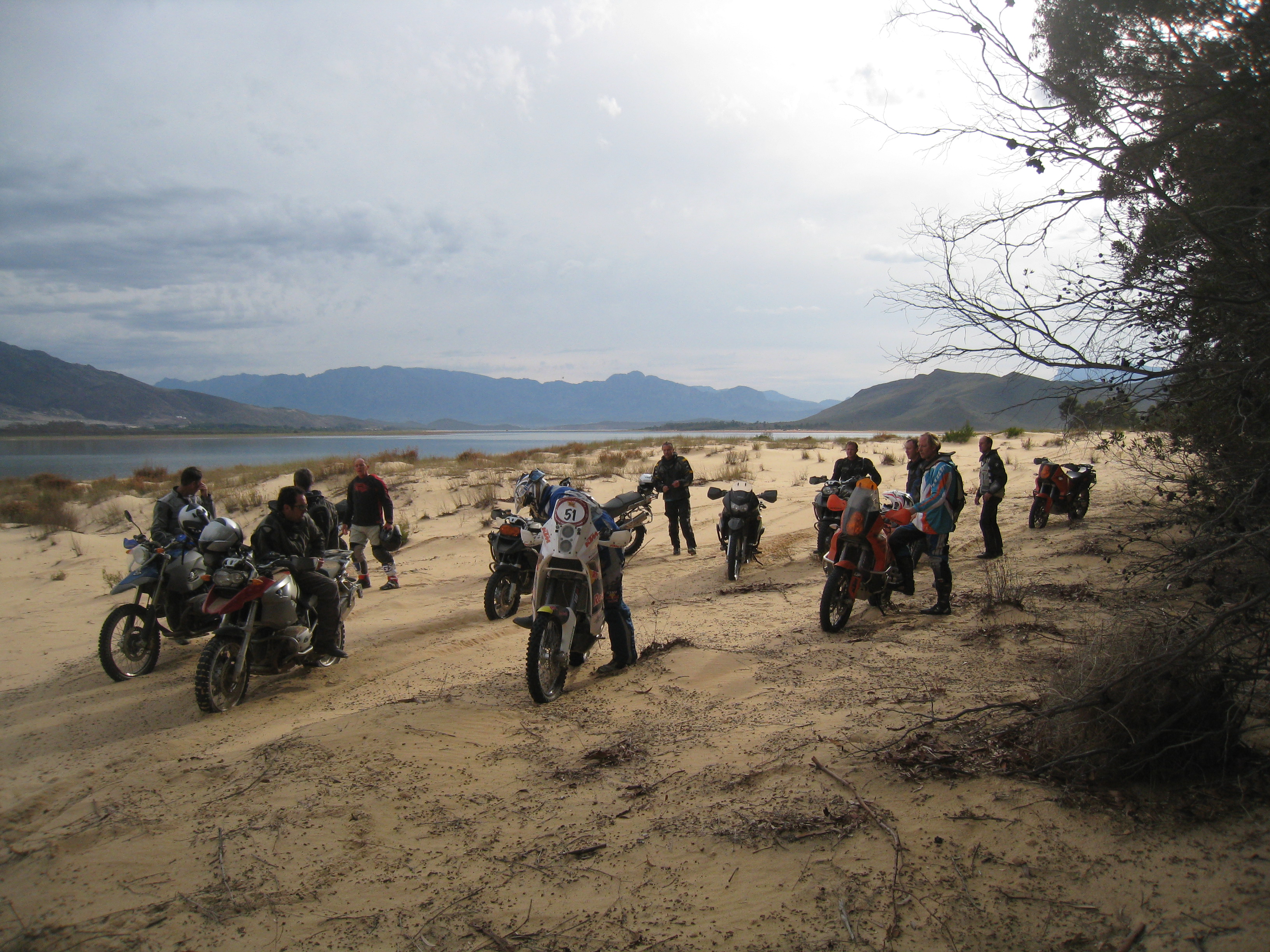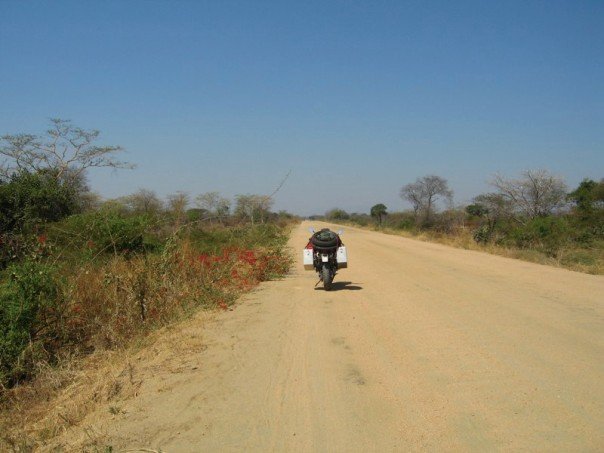
……” In the middle of the Zambian bush I ran into Obe Wan Kanobe and his convoy of motorcycles. As we passed and waved at each other it took me a while to realise this was the “Long Way Down” TV expedition and so I turned around and caught up with them. After a brief exchange of pleasantries Ewan McGregor and his wife carried on riding towards Lusaka, but Charlie Boorman and Claudio Planta stayed behind, chatting by the side of a road in the middle of African bush about the “stuff ” bikers usually chat about“……
Chapter 1
At the start of the new Millennia I was working in the fraud investigation practice of one of the worlds largest consulting firms based in Hong Kong. I did challenging and occasionally rewarding work, usually got paid each month, and on the face of it life was pretty OK.
I lived in what can best be described as an “illegal hut” right next to a popular beach in the village of Sek O on the rural south side of Hong Kong Island. Various females, none of whom I liked particularly much (except for a cat), came and went.
I swam in the sea all year round, regularly ran along the mountain trails, kept myself extremely fit, rode to work at warp speed on a racing specification Yamaha YZF R1, and I could fly my paraglider up above Dragon’s Back Ridge, and land back down again right next to my hut.
However, I was becoming increasingly restless. Whilst I am very good at what I do, the pettiness and unpleasantness of the corporate world, office politics, an unplayable nutty “ex missus”, and the Hong Kong Knitting Circle was really beginning to irritate and annoy me.
Time to clean out the sock drawer

Not being someone to do anything by half measures, I decided to press the reset button, resign from my job and chart a different course by enrolling as a mature student at one of the best universities in China. My plan was to differentiate myself from my peers by being able to speak, read and write Mandarin fluently, immerse myself in all things Chinese, and run my own practice.
As it turned out, a good plan.
As my first semester on the Mandarin language course at Tsinghua University (清華大學)in Beijing did not start until September 2007, some six months away, I had some time on my hands, and so I decided to challenge myself by riding a motorcycle across Africa.
I was allowed to resign from Deloitte almost immediately having completed all my projects as I am quite sure some of the painfully dull consultants I worked with were glad to see the back of me. I sold my cherished Yamaha YZF R1 to an Italian chap, handed over my “hut” in Sek O to some French hippies, gave away the remainder of my few possessions, threw some t-shirts in a rucksack, and flew out to South Africa.
I had done some long distance motorcycle rides in Australia, Asia and Europe, but had never done any “adventure riding” in Africa.
At the time legendary motorcycle riders like Ted Simons of “Jupiter’s Travels“, Sam Manicom of “Distant Suns“, and Nick Sanders of “Journey Beyond Reason: Fastest Man Around the World” had been riding all over the world and writing fascinating accounts about their adventures.
Also, like many other people at the time, I was captivated by Ewan McGregor and Charlie Boorman’s Long Way Round motorcycle expedition that had taken place a few years before, and vaguely aware they were completing yet another expedition in the continent I was planning to go to.
There was not a great deal of information about adventure riding on the internet, but there were a few decent “how to” books on planning, preparations and kit that I bought and digested. In particular, Chris Scott’s “Adventure Motorcycling Handbook” that I have to say was very informative.
I had virtually no motorcycle maintenance skills, and most of the bikes I had tinkered with over the years had been thoroughly wrecked by my complete incompetence.
No real “off road” riding experience either, other than collecting cows on an old Matchless 350 cc motorcycle from down the meadows on the farm I worked on as a young kid, and of course hooliganing around country lanes and fields on my 50 cc moped … as all we 16 year old lads who were brought up in the English countryside were prone to do.
Given my time and available resources, I planned to ride for about five months and up through the Cederberg and Karoo of South Africa from my home in Arniston on the southern tip of Africa. I then planned to cross into Namibia, Angola, Botswana, Zimbabwe, Zambia, Malawi, Tanzania (if I can get in without carne de passage), Mozambique, and back into South Africa and through the Kingdoms of Swaziland and Lesotho, and perhaps see the Wild Coast, again.
A few years earlier I had yomped for several months down this spectacular coastline, sleeping under the stars or in a bunk in a backpackers hut, swimming and paddling across shark infested rivers, walking alongside whales and dolphins, and occasionally evading shiftas who were ambushing hikers and relieving them of their possessions!
It was a truly amazing experience and I definitely wanted to see it again, but this time on a motorcycle.





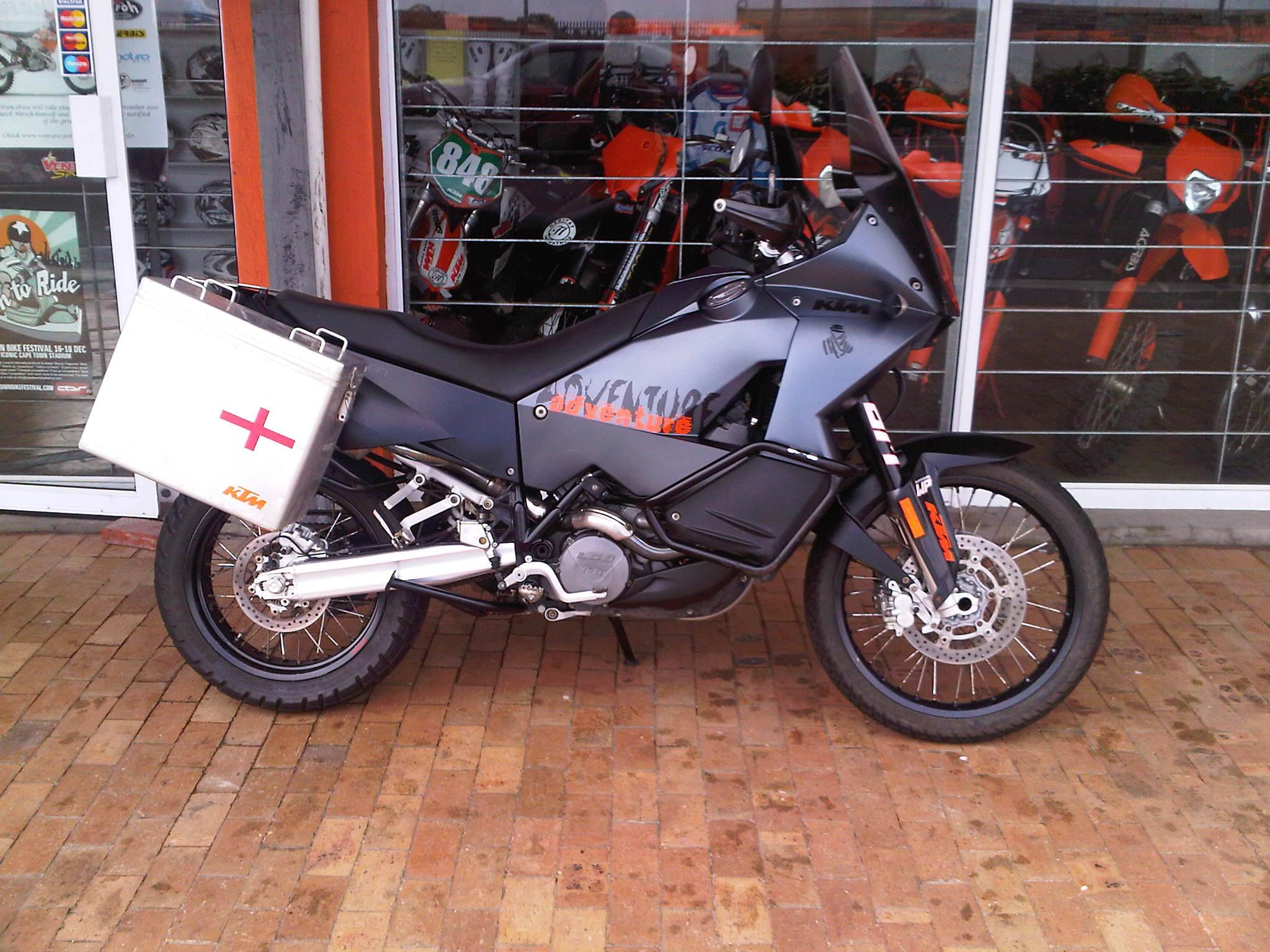

So, to the planning and preparation.
I had read enough to know that the biggest dilemma when planning a long distance motorcycle expedition is the balance between carrying all the kit (you think) you might need and keeping weight to the bare minimum. I also didn’t have a great deal of cash to spend as I was paying alimony and also had to budget ahead for at least two years of self funded study with no income, and an uncertain future.
Even back in 2007 there were some decent bits of kit around that would have been useful, like GPS and satellite telephones. I didn’t have any of those. What I could muster together for navigation purposes were some basic tourist maps; a basic guide book on Namibia; a paragliding compass and altimeter; and sufficient lack of knowledge not to worry too much.
Anyway, I threw myself into the project and used my house in Arniston near the southern most tip of Africa as a base to get things ready.
But what bike? This is the biggest decision and the choice really comes down to budget, riding ability and more often than not … just personal preference.
In recent times adventure motorcyclists have circumvented the globe on nearly everything on two wheels: 105 cc Australian “Postie” bikes; 50 cc mopeds and scooters; classic adventurers like the Honda Africa Twin and Yamaha XT 500; and of course the BMW GS Adventure series bikes used by Charlie Boorman and Ewan McGregor on their Long Way Round and Long Way Down television productions.
As a fairly experienced rider of sports motorcycles, like the Yamaha R1 and Honda Fireblade, I had come to expect a bit of speed and excitement and so I narrowed down my choice to the big powerful bikes, not knowing any better, and so my choice was between the BMW F1200GS Adventure, Yamaha XT1200Z Super Tenere, Honda XRV750T Africa Twin, and the KTM 990 or 950 Adventure.
I couldn’t find a decent second hand Africa Twin, and would probably have bought one if I had found one, the Yamaha was a distant fourth choice, and so it came down to the BMW or the KTM?
One of my first tasks on arriving in South Africa was to test ride the bikes and so I went to BMW Motorrad in Cape Town who I found to be extremely helpful and professional. However on the day they didn’t have a decent second hand bike and so I tested a new BMW F 1200 GS and found I really liked it. But it was very expensive, especially so with all the extra kit needed for the trip.
So off to KTM Cape Town who just happened to have a 1 year old low mileage black and grey KTM 990 Adventure with some of the kit I needed already fitted, and so I took it for a blast.
The KTM handled beautifully, was fast, powerful, reliable, balanced, looked the part and with the beautiful titanium Akropovik exhausts sounded absolutely glorious. Of course KTM were dominating (and have continued to do so) all the motorcycle rally competitions around the world, including the famous Dakar Rally and so my decision was an easy one.
A motorcycle is of course the most obvious thing you have to buy and probably the most expensive single item. I also needed a decent helmet, protective boots, gloves, motorcycle adventure trousers and jacket, panniers, a duffel bag, camping gear, cooking gear, and perhaps some oil and maintenance tools! All these things add up.
KTM Cape Town (who happen to have relieved me of a lot of money over the years, sometimes for things I haven’t even bought !), sold me some Thor Blitz boots (half length boots that remain my favourites to this day), an Arai adventure helmet (a very good helmet that I never liked much, and many years later my other half, Fanny used it to ride around the world on her KTM), and very very expensive Touratech aluminium panniers … no other choice in South Africa at the time … and so I have used them for many other adventures since.
I really liked the KTM orange funky riding gear, but it was way too expensive and so I found some cheap three layer trousers and jacket (water proof lining, detachable warmth layer, outer tough material, and some basic internal amour) from a local manufacturer called Lookwell. As it turned out it did look well, I thought, but wasn’t very warm, and certainly wasn’t very waterproof. That said, in Africa it did the job most of the time, and I lived in it for months on end and for many years.
Only years later did I realize that an initial investment in some higher quality, lighter and more comfortable riding gear with better protection might have been a wiser idea. I really like Rev ‘It and Klim motorcycling riding equipment, but then again I also like Ferraris and fine wine. I guess we all have to live within our means.
One of the good things about South Africa is that it has great camping equipment and 4×4 accessory shops, and you are spoiled for choice. I was also very lucky to get a North Face “Tadpole” tent that was on display in the shop and had 70% knocked off the price because there was a small hole in the fabric that I patched up fairly easily. I already had a ground mat, sleeping bag, head torch, MSR pocket rocket gas cooker, a basic first aid kit and some kind of hallucinogenic anti malaria tablets called Meflium, my digital camera, and some pots and pans. No funky light weight titanium anything… just odds and sods I took out of my kitchen drawers and cupboards.
So, that was about it.
I didn’t need a carne de passages (the document used to guarantee to foreign customs departments that you are temporarily importing a vehicle) because the Southern Africa countries I planned to travel through allowed South Africa registered vehicles access for just a few dollars, or even free of charge. As a British passport holder I didn’t need a visa for any of these countries either, I suspect because Britain used to run the show during the colonial years!
So nothing left than to get going. It really was that simple.







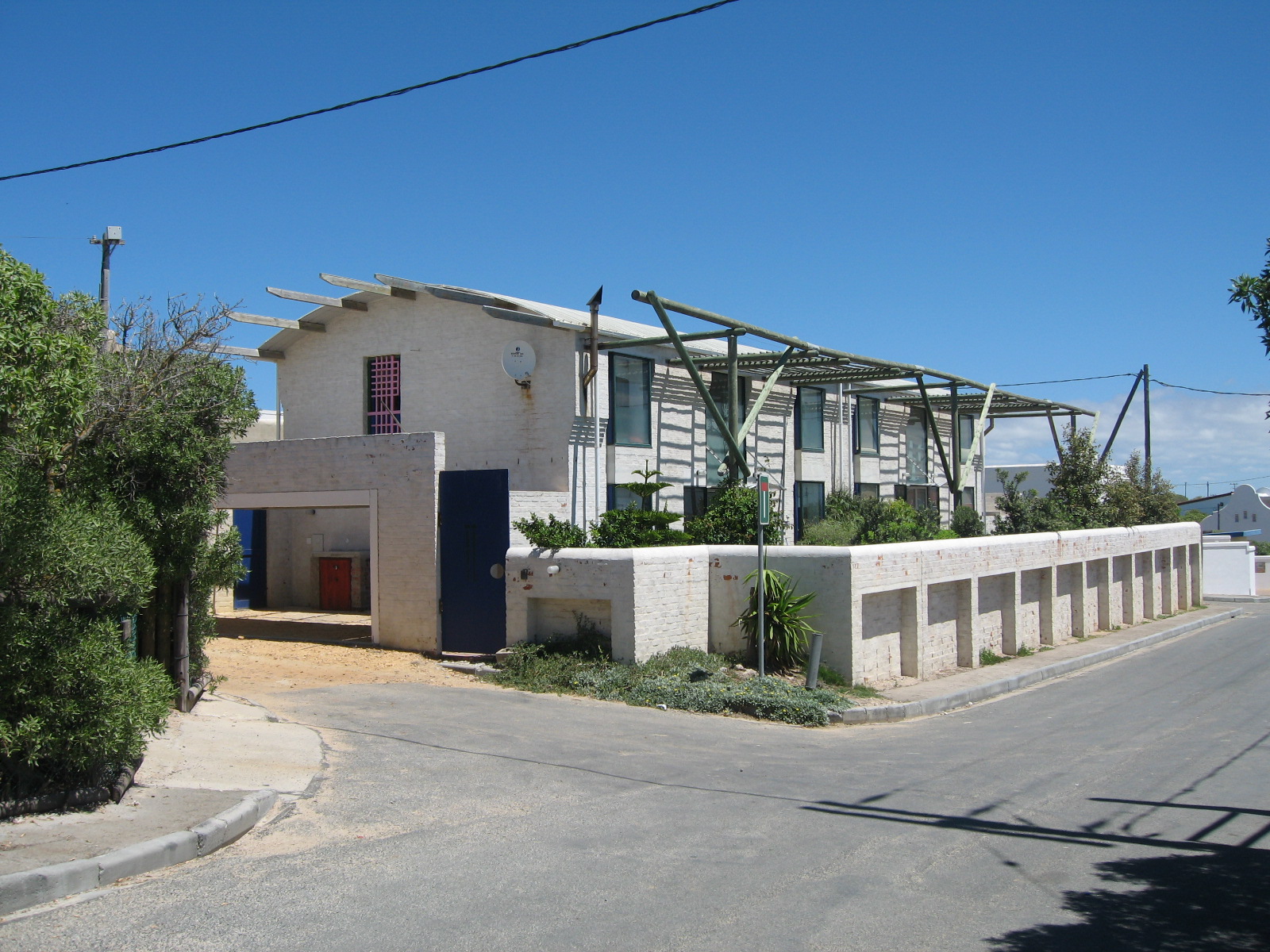
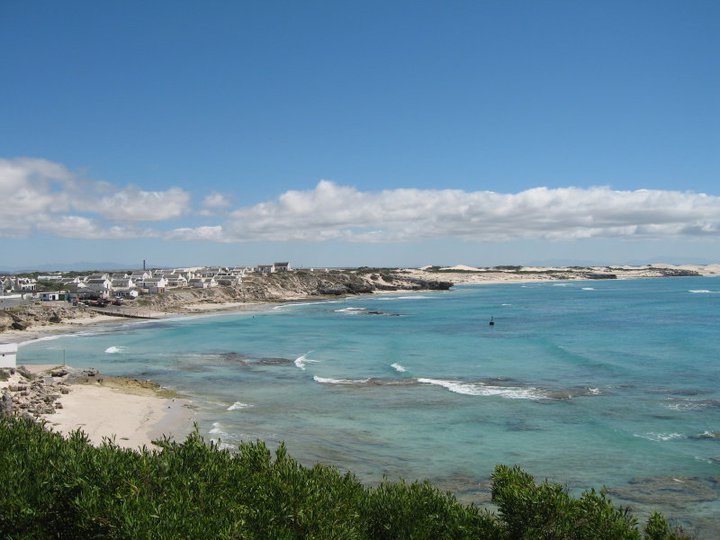




I left Arniston and headed north across the Overberg, across the winelands in Robertson, and up into the snow capped mountains north of Worcester, as it was early May and therefore winter in the southern hemisphere.
I headed towards Ceres, Porteville and Citrusdal, all places I knew pretty well, but from several thousand meters above the ground whilst competing in the “All Africa Open ” paragliding competitions over the years. It is here that the tar roads suddenly changed to the ubiquitous hard packed gravel roads that would continue pretty much for most of the trip.
I had driven a Toyota Hilux across Southern Africa a few years previously as you could rent one very cheaply for a Windhoek to Johannesburg stretch, being the hire cars that were left in Namibia and needed returning to their hire base in South Africa. In fact, it was basically a free way of traveling, and on that occasion I managed to put 5,000 kilometers on the clock, and only lost control and spun it in the desert a couple of times! A very valuable lesson about speeding on sand and gravel. I slept in the back of it, a type of vehicle that is known as a “bakkie” in Africa, or a “Ute”in Australia, and so I only had to pay for petrol and beer.
Now I was on two wheels, and despite very little experience on this kind of road surface, I was doing OK with only a few “dramas” when the bike occasionally veered off where I wasn’t pointing it, or the front wheel slid away on scree like gravel. Later on when the gravel got even deeper, or was rutted and corrugated, or very sandy, did I start to struggle and fully appreciate my own limitations and the weight of the bike.
I have always been of the mind set that if someone else can do something, so can I. There are of course some off road riding skills and fundamentals, especially on the dreaded sand, that I wish I had known about and been better at, but I just soldiered on and day by day I got used to the slightly “out of control” feel, and I guess by trial and error, stayed upright. I only dropped the bike much later on in deep fess fess talc like sand in the north of the Skeleton Coast, where no damage was caused to me or my bike, and no one around to see me make a hash of it. The only other big dramas involved some animals in Mozambique, but I will come on to that later.
About 300 kilometers after I set off I entered the magnificent Cederberg region and it was from here that I felt I was on a proper adventure. This is a mountainous and remote region of South Africa and home to Cape Leopards which are a tad smaller than their African cousins further north, but will still rip your head off, given half a chance. The locals say if you are out and about hiking in the mountains you will rarely see a Leopard, but if you do, you are being stalked and its already too late. A sobering thought!
At a place called Cederberg Oasis I stopped, set up my first camp in their field, bounced on their trampoline, swam in their pool, went for a short run, begged for some fuel, enjoyed a huge T-bone steak and chips, drank beer, did some organised stargazing at the crystal clear heavens above with my eccentric host, tried to chat up some Swedish girls (unsuccessfully) who were traveling in a two wheel drive VW Polo hire car, drank “Klippies and Coke”, got absolutely trolleyed, and woke up the next morning, sprawled out on the ground about 2 meters away from my tent.
All in all a very successful first 24 hours of my expedition.
During a huge cardiac arrest breakfast where I was nursing a well deserved hangover I found out that the way ahead through a remote little town called Wuppenthal required navigating along a twisty and sandy 4×4 route for about 40 kilometers.
It was indeed a tricky bit of trail, but as it turned out, this was enormous fun, a great bit of training, and gave me a huge amount of confidence and improved my handling of the big bike with all its luggage.
It is probably a good time to point out that my KTM had a 19.5 litre fuel tank that was good for a range of about 250-280 kilometers. This range is good for weekend warriors in Europe and America, perhaps not so great in God’s backyard and the Cradle of Humankind.
I had pondered about getting an after market 38 or 45 litre tank, but at nearly a thousand quid a pop I balked at the idea, and so I decided to carry two 10 litres of extra fuel contained in yellow petrol cans I bought in a camping shop in Cape Town for ten quid each (technically diesel cans based on the yellow colour of the cans … a fact I found out 6 years later!)
As anyone will know, a litre of water is equivalent to a kilogram and so I was carrying nigh on 20 extra kilograms carried over the back wheel. Also, these petrol cans filled up most of my panniers and there was little room left for anything else apart from a few tools and other heavily kit that I stuffed around them to keep centre of gravity low.
This forced me to carry my few clothes and the camping gear in a North Face duffel bag that was tied at right angles over the top of both aluminium panniers using compression straps. An optimal luggage configuration that I have used ever since. Later I will swap the metal panniers for much more versatile soft panniers, such as those from Wolfman. http://wolfmanluggage.com/
In this particular part of South Africa, in fact in most of the rural areas, fuel was not readily available, and even less so in Namibia, Mozambique and Zambia and so I really needed the extra fuel. Later I would more accurately appraise the route ahead and only fill them up if I needed to in order to keep weight to a minimal. I would also do my best to keep my main tank full whenever I could, even if I had just filled it up. Nothing is worse than the stress and worry of riding in the middle of no where on “empty”. Something all adventure riders can relate to.









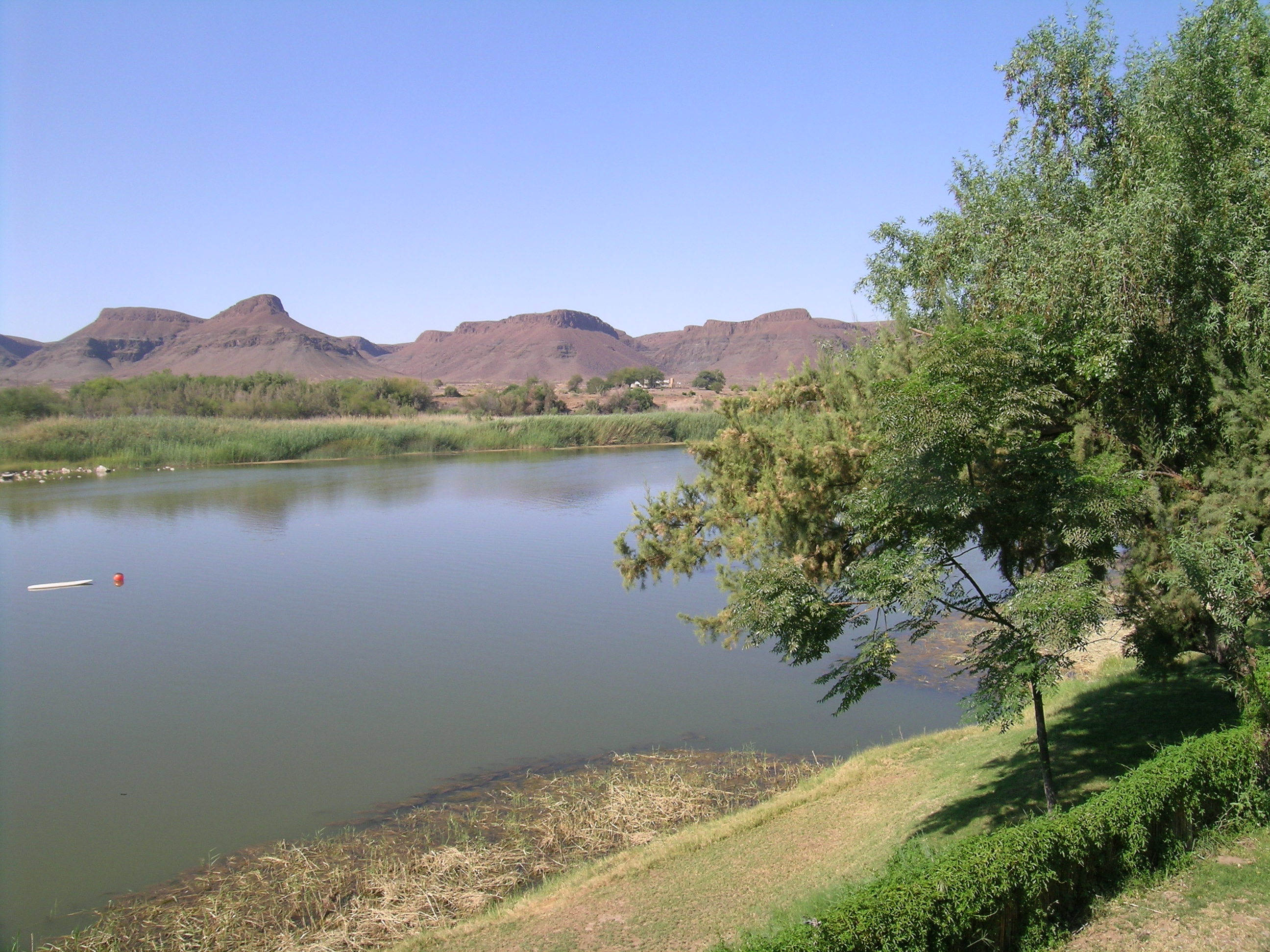

I made a lot of progress on the second day and rode long distances across the huge expanses of the Karoo desert, rode alongside ostriches that ran and tried to keep up with me, open and closed a lot of gates on cattle farms, mastered riding over cattle grids (get them wrong and you’ll come off), had lunch in Clanwilliam, headed off east into the Karoo again towards Calvinia and reached the northerly South African town of Springbok as the sun was going down where I found a secluded spot and camped up.
The next day I stocked up with fuel, water, food provisions for a few days, checked the tension of the drive chain, engine oil, tire pressures, and bought a cheap sleeping bag from a Chinese “peg and plastic bucket” shop as I was absolutely freezing during the night. This low tech 60 Rand sleeping bag combined with my other sleeping bag kept me warm in the freezing nights ahead in the desert where the temperature sometimes plunged to minus 7 degrees centigrade and also acted as a nice mattress in the warmer climes of Zambia and Malawi.
All stocked up I then took the N7 highway from Springbok in north South Africa to the border post with Namibia at a place called, Vioolsdrift. The route up the highway was fast, but extremely windy as I passed through a dusty, orange and rather moonscape like terrain.
At this time I was riding way too fast, as was my habit at the time, often at 160-200 kph. This, I think, was because I was used to riding sports bikes at 240+ kph, which I will admit was not an uncommon occurence. Later, I slowed down to an average 100-120 kph as this is the optimal speed for tyres, fuel consumption, and to my mind the ideal adventure riding pace for comfort and enjoying the surroundings.
It takes a while to get into your head that this isn’t a race, I didn’t have to make an appointment, meet anyone, or get home quickly. I was in the moment, looking at new things, close to nature, enjoying my bike and riding in amazing places.
On average my riding pace would go down to about 60-120 kph on gravel, 15-50 kph on sand, and a snail’s pace of 20-30 kph in African villages as children, goats, horn bills, pigs, dogs, cows, and other critters would feel compelled to jump out in front of me.
I would also have to wave a lot, as every human being I encountered in Africa would wave enthusiastically at me as I rode by, especially children. With the waving back and taking film and video using my left hand I think I have ridden across Africa using one hand more than two.
The ride up to the border was a particularly windy leg of the journey and my bike would often be leaning at a steep angle into the wind, something that would happen a lot in the early afternoons in southern Africa.
I arrived at the border about 2 p.m and decided to turn left and follow the Orange River westwards to find a campsite I had heard about. The gravel road was extremely dusty and it was quite hot as I slid and weaved along the sandy and rutted trail.
After about 30 kilometers I found the campsite, checked in, set up my tent next to the river, found the bar and some other travelers, chatted with the friendly staff who worked the bar and restaurant, and had an early evening swim in the river, oblivious to black mambas and cholera bacteria that were both reported to be in the water.
http://allafrica.com/stories/200704160878.html







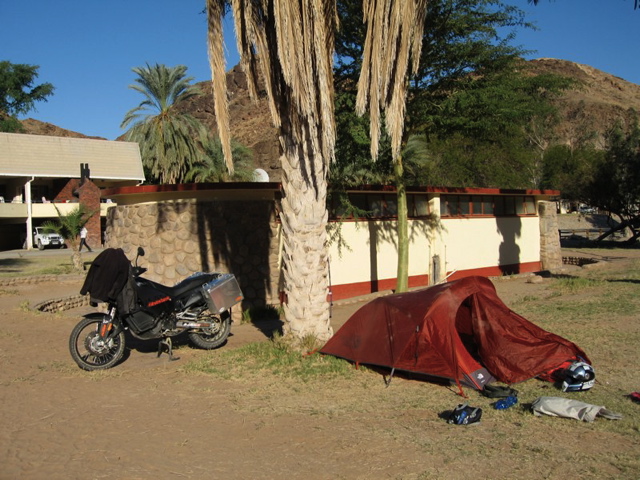
The campsite was a really good one. It had a very nice bar with a veranda on the banks of the Orange River, decent food, cold Windhoek and Amstel beer, good company, and later I slept really well in my little tent next to the river.
In the morning over coffee and breakfast I decide to stay another day and go for a hike with the new friends I made. After lunch I rode my unladen bike for an explore further west into the Richtersveld National Park and further west towards Alexander Bay. This is a very remote part of South Africa, and I thought it would be a missed opportunity not to explore it by rushing into Namibia without seeing the southern side of the Orange River.
Tough riding, but well worth it, and I got back to camp after dark and again chanced my luck with a swim in the river, and actually swam across to Namibia and amused myself that I had entered it illegally without a formal border crossing.
The next day I really did have to get going. I packed up and I had some breakfast at a nice cafe next to the border crossing, filled up all my fuel cans and petrol tank, and had a very easy crossing through both sets of immigration and customs gates. Very easy.
I rode along a tar road for a while and then saw the sign indicating the route towards Ais Ais at Fish River Canyon, and so I turned left onto a dusty gravel track that had been grooved out by heavy traffic. Within a few minutes a large bus loomed up in my rear view mirror and as its soporific occupants gazed out of the windows it barged its way passed me at well over 120 kph, as that was the speed I was doing, and in its wake left me in a thick plume of dust. In doing so I was immediately blinded, unable to alter course, and briefly panicked. In the thick brown haze I was forced off the track and ran off at a tangent into the desert, narrowly missing large rocks, bushes and trees.
This was not my first encounter with “African driver”, but it was my closest shave so far. I had traveled this region before in a Toyota Hilux and been overtaken by trucks and buses with the drivers foot buried into the gas and at full pelt. Now I was on two wheels, feeling much more vulnerable, not least because changing direction meant leaving my chosen grove, sliding over the high grooves and ridges at speed and finding another grove in the road, if there was one.
Another notch on the learning curve.



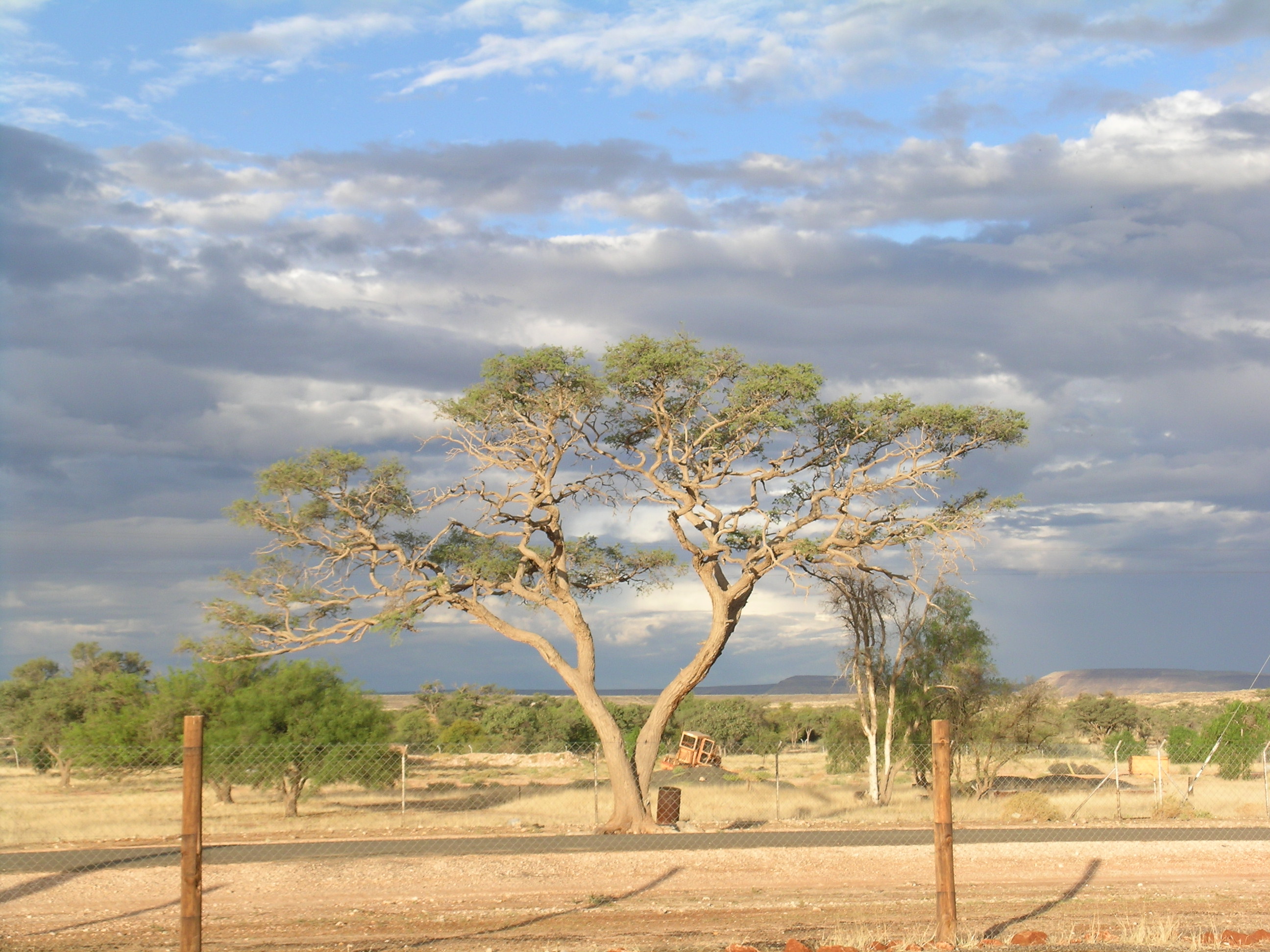
I continued on across largely deserted gravel trails through stunning scenery, rarely seeing anyone else. Namibia has one of the lowest population densities in the world, and its small population had recently been culled by the effects of AIDs and HIV. Its one of the few countries where the population is actually declining, and most of the people that do live there are living in and around the capital city, Windhoek. A lot of the time I never saw anyone, and any other traffic could be seen miles away due to the telltale plumes of dust churned up in their wake.
Within a few hours I started descending down into the Fish River Canyon where I found the Ais Ais campsite and resort. It is a rather strange place and has several thermally heated swimming baths that were full of Afrikaners or Cape Coloureds and their kids. South Africans (black, white, pink or brown) are very fond of camping and the great outdoors, which they do with gusto, armed with various types of “bakkie” (pickup trucks), safari tents, portable “braai and potjie pots”, alcohol, and meat… always lots of alcohol and meat.
I was often asked to join them for beers and a chat as I was clearly a lone wolf traveler on an unusually large enduro style motorcycle. Charlie and Ewan and their round the world TV productions must be credited with the rise in popularity and development of adventure motorcycling and all the associated adventure equipment. Before 2007 there really weren’t that many of us about and we were something of a rarity.
I had a very cold night in the tent, all my water bottles were frozen solid, and in the morning I was feeling stiff and sore. No worries. A few minutes wallowing in the thermal pools had me thawed out and loosened up. I made myself some coffee and ate some rolls I bought at the border, packed up my kit, and prepared for what would turn out to be an awesome day’s riding.

I was finding my rhythm with gravel riding and thoroughly enjoying the southern Namib desert scenery. Namibia is one of my favourite countries, perhaps my favourite because its so unspoiled, beautiful and wild. The riding is on the enjoyable side of challenging, the colours are unearthly, the air is pure, and there are African wild animals and birds everywhere.
I was riding in a particularly desolate area when I saw a figure shimmering in the distance ahead. As I drew closer I realized it was a man, and closer still, a European man. He looked quite strange, was exceptionally thin and had his head concealed in a hoodie. He was dressed like the sort of street sleeper tramp one sees in an English city, except without a dog or selling the “Big Issue”.
I drew up along side him and asked if he was OK, or needed anything.
‘I’m fine’, came the reply in a very thick and difficult to understand accent.
Intrigued, I took off my helmet, looked around me from horizon to horizon and asked where he had come from.
At the time I did not fully comprehend what I was being told.
He answered, “I have crossed many times”, and went on to explain he was looking for Namib desert elephants.
I asked him if he was hungry, but he said he was not. Nonetheless, I fished around in my supplies and gave him a bread roll with ham and cheese and a bottle of water. He took the roll without any expression of gratitude, but gave me back the water saying I should keep it to stay hydrated.
It was all very strange. But then riding alone in far off places is often very strange. Ancient nomadic bushmen lived in this part of the world and lived off the land. But he certainly did not look or sound like a Namib bushman. Was he one of those European types that have given up on regular society and gone off to live like a nomad in the wilds?
In the days to come, often when I was alone in my tent at the end of a long day of riding my brain would go over this event, again and again and try and rationalise what I saw and heard. I would dig deep into my memory and search cognitively to remember all the details, what he said, how he sounded, where he was, what he looked like. There was something very odd about it all and my mind was not at peace. As Fanny always accuses me, I was thinking too much.
It was much later that I remembered. He had no bag.
Not being as well versed in quantum mechanics or the second law of thermodynamics as Sir Roger Penrose or Professor Stephen Hawking I have tried to get my head around this science non-fiction event. The man was definitely quite odd, painfully thin, completely ill equipped to be where he was, and was literally in the middle of nowhere without a bag.
I had been riding for hours in the Namib desert on sandy and rocky trails and there was absolutely nothing around and after I rode off there was still nothing around for several further hours. And yet there he was, a weird looking skinny man in a hoodie in the middle of the Namib Desert looking for desert elephants without a bag.
The thought did cross my mind that he could be from an alternative dimension and was on a time traveling safari! I mean, that is what he told me if I had listened to him properly and applied some deductive reasoning. However, everything we are taught and told suggests time travel or crossing from other dimensions is impossible. The stuff of science fiction. I am acutely aware we human beings think we are the centre of everything, brainwashed by religion, conditioned by social mores, and slaves to our human frailties and vices.
But science is an evolving subject. What if time tourists are among us all the time with nothing to distinguish them from us, unless of course they come from the far distant future and their appearance has evolved into a seemingly different being that looks “alien”. Maybe all the UFOs that are seen are not from far away alien planets but are crafts and devices from different dimensions or time.
I remember that he seemed fascinated by my motorcycle and examined it really closely. I guess a KTM 990 Adventure would be a interesting exhibit in a future museum, as indeed a stuffed Namib desert elephant must later become after they and many other flora and fauna we have today have become extinct.
As the thoroughly bizarre encounter came to a sort of natural end, he waved goodbye and then walked away. I found it difficult not to watch him as he trundled off and disappeared into the heat haze of the desert.
I have thought about this encounter often, tried to work through some rational explanations, wondered what to do about this revelation, and decided not to say anything about it because being perceived as “mad” is generally frowned upon in polite society.
Even when I recount regular events from my life in the police or from my global travels nobody ever believes me. No one is going to believe I bumped into a time traveller, except perhaps the time traveller and his kind who may read this blog in years to come.
In roughly the same location a decade later when I was riding my KTM 1190 Adventure R I saw something even more strange than a time travellers traipsing through the dunes.
Messrs. Hammond, May, and Clarkson together with dozens of support crew and various vehicles and equipment were filming VW dune buggies for the Grand Tour TV series that I later watched on Amazon. Suffice to say, there was no sign of either me, Namib bushmen or any time travellers in any of the “heavily edited” footage!

The riding in the Namib was glorious. It was beautiful. I felt very free. I could go and do anything I wanted. No pressures. My only sadness was that I could not share it with anyone. On other expeditions I would.
I spent a few days riding around the desert and Fish River Canyon and wild camped until I ran out of supplies and then went to bar cum restaurant in the middle of nowhere called Canyon Lodge that was surrounded by sand and the rusted shells of 1950s cars with large cactus plants growing up through them.
Years later I returned to the same place with Fanny on our round the world expedition and the place looked very different with a museum full of automobile memorabilia, a gift shop, a fancy restaurant and bar, guest rooms and a proper petrol station.
In 2007 it was a very modest affair. I called into the bar for a cup of coffee and met the proprietor and her daughter who looked like they had Namibian “Bushman” Khoisan ancestry. They were very entertaining and funny people and we had a good laugh together. A unknown quantity of beer and many hours later I staggered out of the bar into the crisp coldness of night and an enormous star studded sky, stumbled about for a bit, staggered back into the bar and collapsed on their couch and fell asleep.
The next day I woke up with a hangover that was becoming a regular event and after coffee and breakfast with my new friends, filled up my petrol tanks at their ancient looking hand pumps, gathered some more water and supplies, bid them all farewell, started up the bike and blasted off back into the desert.
I had a great ride along virtually deserted roads. I rarely saw anyone. I consulted my paper tourist map of Namibia and using basic navigation that included orientating myself by the sun and consulting my compass aimed for a way-point about 300 kilometers away in a northwest (ish) direction. Botswana on the right, Atlantic Ocean on the left, and a few places dotted about, such as Solitaire and Sesrium. Navigation is not that difficult in Namibia as there are few roads and often signs at every road intersection.
As the sun was setting I reached a rather scruffy and uninviting town called Bethlehem and thought I should ride a little further away, find a quiet spot just off the gravel road, set up a fire to ward off the ghosts, and basically free camp. However, as I was riding along I saw an isolated green coloured farm house and as I got nearer there was a sign indicating that they offered accommodation, and so I pulled in and was received by Mr and Mrs Schmidt.
I explained that I couldn’t really afford a room, but would be happy to pay to pitch my tent somewhere and for something to eat, if they had anything.
Mr Schmidt said that I could have a room in a cabin, as it was very cold during the night, and also have dinner for a total of one hundred Namibian dollars (US$7). That sounded a very good deal indeed and so I accepted. Even my KTM got its own shade under a thatched porch and the dinner was superb… a hearty meal of South African style bobotie, aniseed flavoured cabbage, sweet potatoes, Melva pudding and custard, and coffee. Outstanding.
After dinner I got chatting with Mr Schmidt over a beer and he asked if I wanted to go with him in the morning and shoot some baboons that were killing his livestock. Apparently, a troop of baboons were coming down from the rocky hills and indiscriminately killing his sheep so they could tear open the udders of the ewes and drink their milk. He said we would only have to shoot a few ringleaders for the message to get across!
In the early morning before the sun had come up, having allegedly agreed to kill some of my fellow primates, I got geared up with a rifle and ammunition and headed off with Mr. Schmidt to confront the planet of the apes. We walked for miles, patrolled a good part of his immense farm, saw the sun rise, and never saw a single baboon.
I was glad for the exercise as the first couple of weeks of my expedition had involved drinking my body weight in Windhoek beer, and I was secretly pleased I never had to shoot anything. During the hike I was thrilled to see all the birds, springboks, impala, dik diks and kudus, and when we got back I was fed a Namibian farmer’s breakfast, several litres of coffee, and had my fuel replenished for free, plus a packed lunch and a bag of delicious pomegranates to keep me going. What wonderful people. Its what life is really about.
Sad farewells, but a joyous sound as my motorcycle roared back into life at the first press of the starter. As I pulled out of the driveway and back onto the gravel road I saw the entire troop of baboons sitting about at the side of the road and perched on rocks, probably laughing at me.















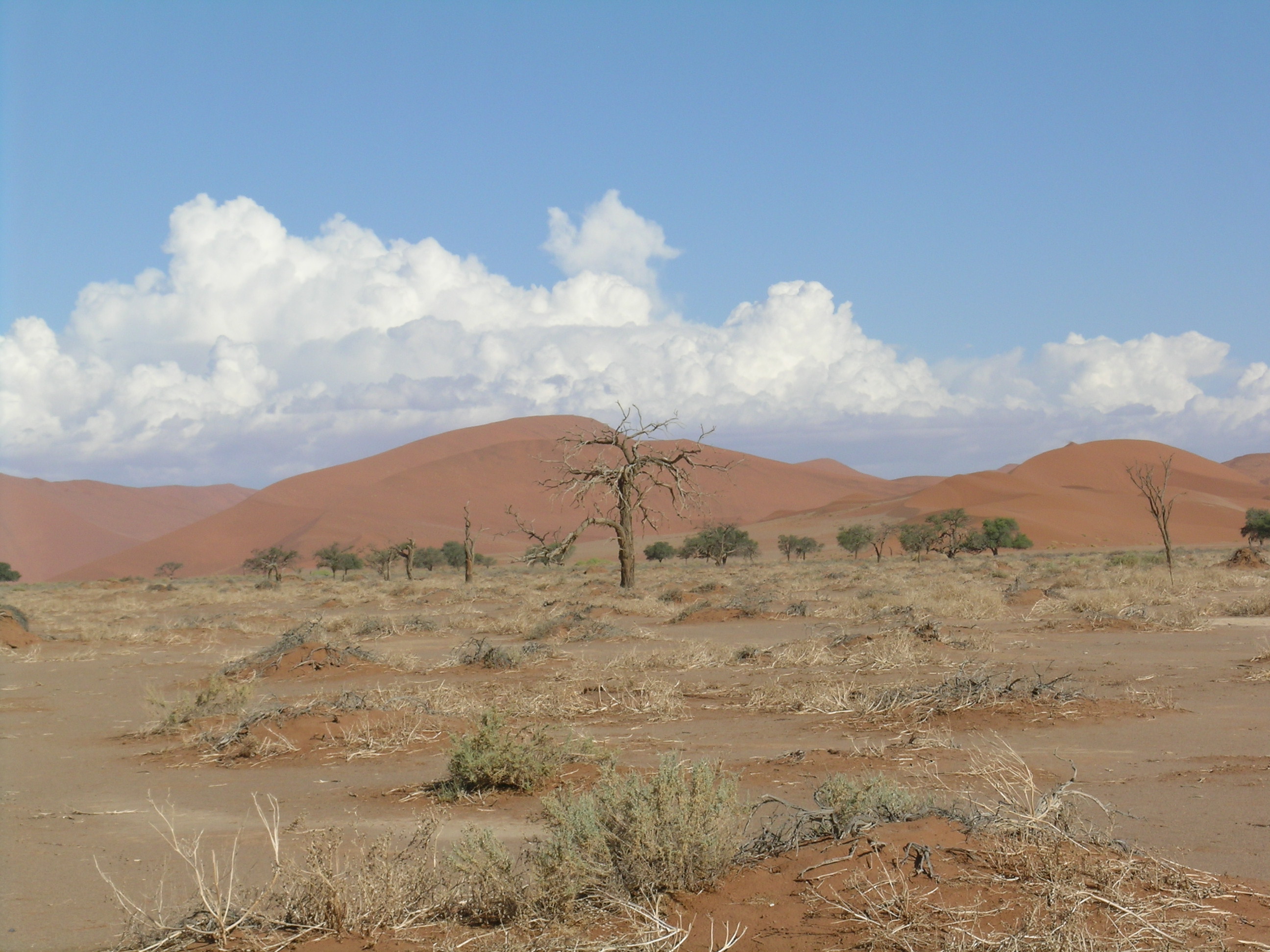

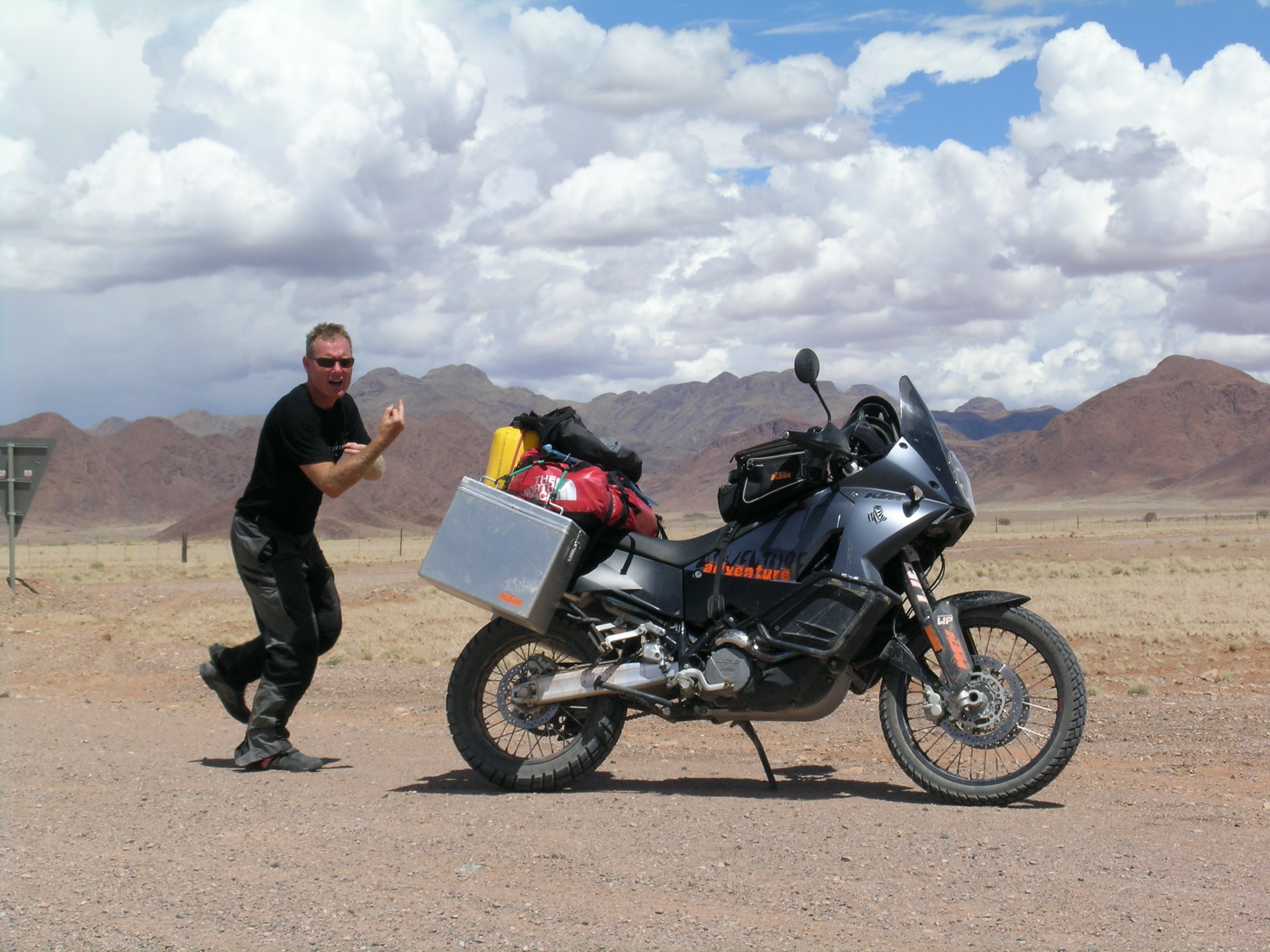



I rode across long stretches of gravel road and noticed that the general conditions of the road was getting worse. The ruts and corrugations were higher, the crevices were bigger and deeper and there was an increasing number of deep sandpits and potholes. Often the road had been washed away leaving an uneven rocky surface that bore no resemblance to a road. The road would descend down steep ramps, across dry sandy river wadis, or streams and then rise up again.
I refueled at an isolated and very welcome petrol station, and while I was filling up and drinking water I noticed a South African registered Volvo SUV with a family pull up, its occupants filling the quiet of the desert with a cacophony of family sounds, refill, and then roar off back into the desert. A little while later, and in less of a rush, I left the petrol station and after about 10 minutes I came across the same family standing by the side of the road.
I stopped and asked if they were OK, and they said they had crashed, were uninjured, but they were obviously quite shaken, especially the kids. It didn’t require much investigation to realise they had lost control on the gravel road and rolled their car several times into the desert, and about 50 meters into the desert I could see the crumpled mess of their Volvo SUV.
They had called the automobile rescue services already and were waiting for a tow and a rescue. I asked if they needed me to go back to the petrol station and get help and they said they may have to wait for a while and could I go back and alert the petrol station attendant and bring back some cold drinks, which I did. Back at the petrol station the attendant already knew about the crash, and said this wasn’t an uncommon occurrence.
From my own experience driving a Hilux across Namibia, I knew it was very easy to lose control on the sand and gravel if you drove too quickly, or employed incorrect driving techniques, as I did on a few occasions. Like a motorcycle the only way to correct the back end starting to slide round is to apply gentle acceleration. Applying brake will cause the back end to slide and if you are going too fast that will drop a motorcycle, or cause a car to slide sideways and roll if its going too fast. Something I will see again many times, on this expedition and others in the future.

Southern Namibia is made up of large European style farms, but to the west there seemed to be more and more sand and dunes. I rode for about 350 kilometers and was running low on fuel and needed to get to a place called Sesrium, which would have fuel, a campsite and is the gateway to the huge sand dunes, the largest in the world.
When I got there by mid afternoon I was quite tired having had a couple of sections of rough roads with lots of dust and sand. I pitched my tent among quite a few vehicles at the main campsite. It seemed there were two classes of visitor at Sesrium. Super rich ones who stayed at a five star luxury hotel at several hundred US dollars a night, and riff raff like me who were camping, drinking beer and burning boerewors.
As a famous tourist destination, Sesrium was quite crowded and there were lots tour operators offering all sorts of activities, from hiking, hot air ballooning, quad bikes, and microlight flights.
The best time to see the dunes is at sunset and sunrise when the colours are most radiant and the sun less hot. I decided to go very early in the morning and ride there myself and brave the soft sand. I got up while it was still dark, quite cold and packed up all my stuff and rode west into the park.
As I was riding along and the sun just starting to light up all the dunes into a vivid reddish orange, I saw some white gazebos tents and a group of people in the middle of the pristine desert, dressed in finest “Out of Africa” khaki gear, sitting around a huge table that was set with what looked like a white linen table cloth, and I assume silver cutlery and bone china plates, uniformed waiters and the whole shebang. It was like an officers’ mess dinner, except in the middle of a desert. Surreal.
As I got nearer to Sussesvlei the dunes got taller and I could see signs indicating the name of each dune, unimaginatively with a number. Quite an impressive sight.
I parked up my bike, changed into running gear and decided I would run up and down a few dunes and take some pictures, which I did. Running up the sides of the shifting sand was very difficult as you go up 3 steps and slide down 2, rather like staggering home from the pub. Eventually I made it to the top of the tallest and most famous dune and ran along the ridges for several hours until I was thoroughly exhausted. That burnt off some carbs and earned some beer points.
I then rode back the way I came as there is no road, on or off, connecting Sussesvlei to the Atlantic Coast and continued riding for some time to my next resting stop at a place called Solitaire, which is a campsite, hostel, petrol station and restaurant located at a cross roads between Windhoek and the towns of Walvis Bay and Swarkopmund.
I pitched my tent on the rocky camp ground along with some 4×4 SUVs with Safari tents, and another adventure motorcyclist from Australia who was riding around the world on a 25 year old BMW R65 with very minimal kit. He had ridden across Asia, and just completed the more technical west route of Africa through the deserts and jungles of the Sahara, Mauritania, the DRC, Nigeria, the Congo, Sierra Leone and Angola.
He told me about his adventures, the technical riding challenges, repairing damage to his elderly BMW, smashing the “sticky out” boxer engine cylinder heads on trees in the jungles of the Congo, and some close shaves with dodgy soldiers and the like in west Africa. All admirable derring do stuff, but Bush, Obama and Blair had yet to mess up Africa and the Middle East and inflame radical Islam. In 2007 adventure travel and the Dakar Rally had yet to be ruined by the idiot office wallahs and war lords from Brussels, Washington and London.
I felt a bit daft with my state of the art motorcycle and its shiny panniers having only ridden up from neighbouring South Africa, but fascinated by his stories. I offered him my house in Arniston to stay in for a few weeks when he got to South Africa and I later found out that he accepted and enjoyed the relaxation on the southern tip of the continent. There is a strong community spirit between adventure riders and I was very happy to help out, and indeed be helped out by others.
The next day after a decent breakfast and a slice of the famous Solitaire apple pie I headed off westwards towards Walvis Bay, again along quite rough and sandy roads. I crossed large expanses of rocky desert and saw my first giraffe of the trip, running elegantly, as giraffes do, across the road in front of me. Its a strange beast, and even more odd to see in the wilds. Like the desert elephants, one wonders how they survive in the deserts of Namibia.
I enjoyed this stretch of riding as the scenery was magnificent, but as I got nearer to the coast the air became rather humid, and the surroundings became greener and more lush. Having reached the coast I could see people surfing down the dunes on snowboards and there were a couple of people paragliding in the ridge lift which I thought looked fun. I continued through Walvis Bay and into Swakopmund. (https://en.wikipedia.org/wiki/Swakopmund)
Here I found a campsite on the beach, bought some supplies and prepared for the next leg of the trip up the skeleton coast. This stage was going to present my first real challenges as there are no supplies, no petrol, and technically motorcycles are not allowed in National Parks, which most of the skeleton coast is. Also, I heard it was very sandy, and the route up to the border with Angola largely inaccessible.





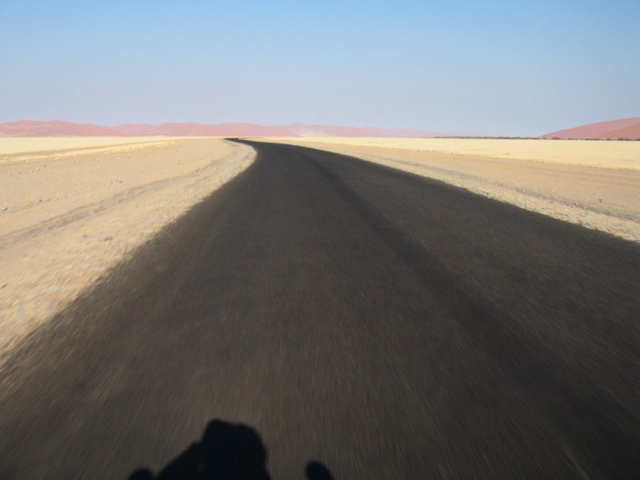




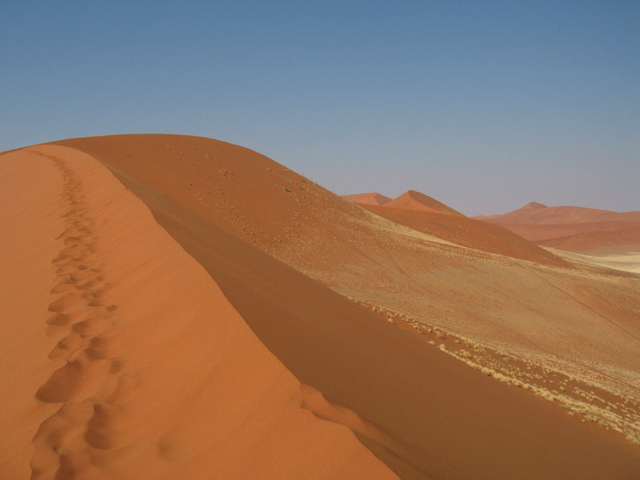






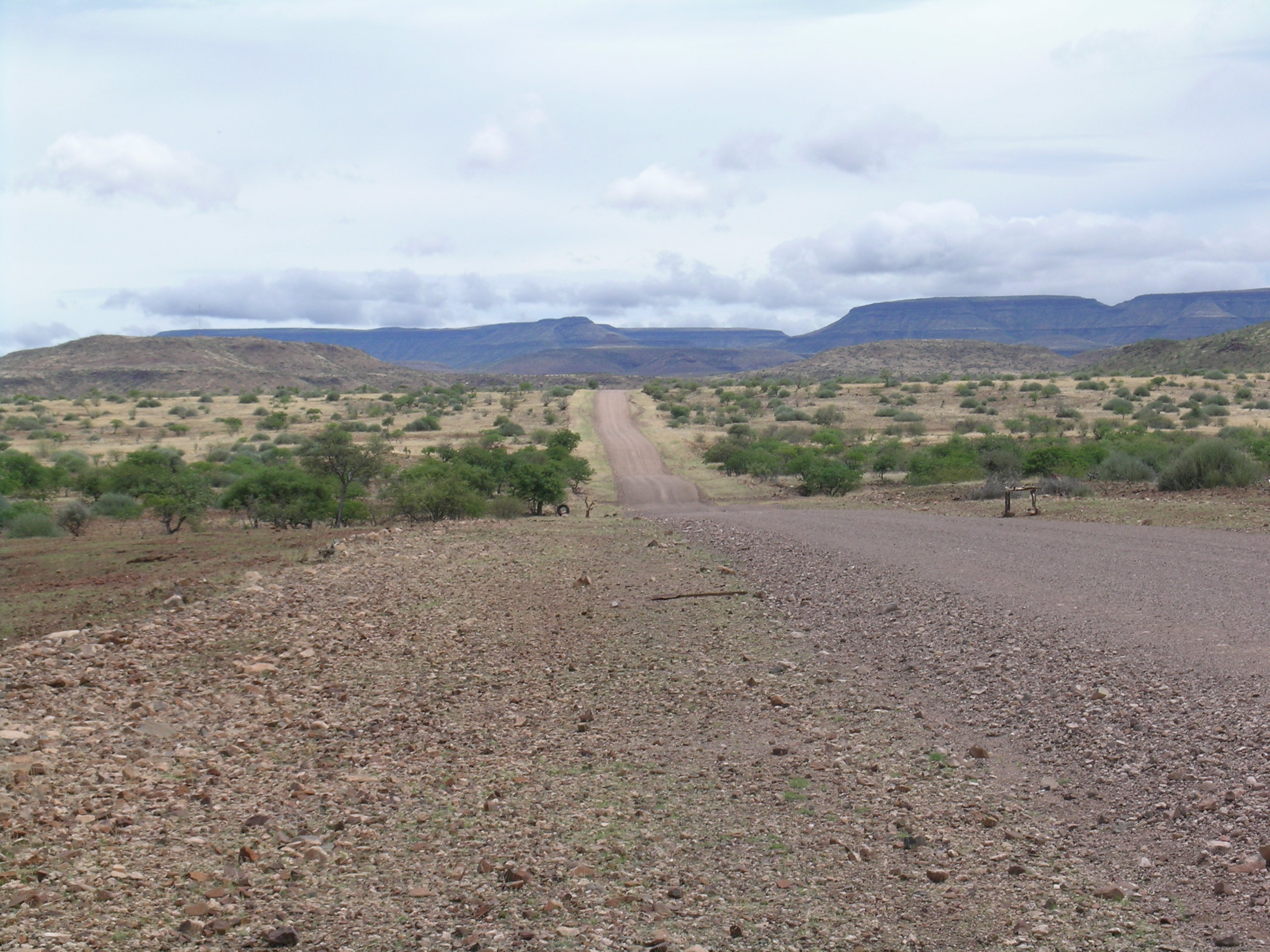


With all my fuel cans full, plenty of water, and with enough food for a few days my bike was now totally unsuitable to ride on soft sand. But I needed all this stuff, and sand is what I would have to try and ride on.
As I was getting the last of my provisions in Swarkopmund I bumped into a group of British guys who were riding KTM 250 cc enduro bikes. They had joined a tour group in Windhoek and were being guided along a circular route of Namibia for 10 days. It all sounded super fun, but they seemed more interested in my journey and impressed with my bike and what I had ahead of me. They asked me if I was really going to ride my big KTM 990 along the Skeleton Coast? Umm, yes! But that got me thinking… what do they know that I don’t?
The initial ride up the Skeleton Coast was along amazingly flat and white salt pans. The wild Atlantic Ocean is on your left as you go north, and the desert and dunes are on your right, formed into strange multi coloured structures by ancient volcanic activity.
Also in the night and early morning the difference in temperature and humidity between the cool sea air and the hot dry desert air causes a lot of fog, some of it extremely thick, and it takes a few hours for it to burn away each morning, only to reappear again in the late afternoon and evening.
After several hours I found a very basic fuel station and topped up, and then carried on to the entrance of the national park, which is gated with an impressive skull and cross bone design and large elephant tusks. There is a manned office that takes tolls from cars, but motorcycles are not allowed in. All that said, I have to date crossed it twice. Once on this trip, and again two years later with my friend Nick Dobson, when we had to bribe our way in with 5 cigarettes and two peaches.

On this earlier occasion I just rode through the gates when nobody was looking and kept going. I hadn’t come all this way to turn around. Seek forgiveness, not permission, and all that stuff.
The riding was fine to start with, but later there were long stretches of deep sand and I struggled somewhat with either the front wheel washing away, or the rear wheel not getting enough traction and burying itself deep into the sand. Sometimes I would have to get off the bike, walk alongside the bike, and throttled it carefully through the deep sand traps until the road, if you could call it that, got better and I could get back on and get going again. Exhausting stuff.
I rode for a few hours until it started getting dark and turned left onto the beach behind a small dune and set up my tent. I collected drift wood and made an amazing fire which I sat next to, staring out to sea until the sea mist came in and made everything a bit creepy, being on my own and all. The sound of the waves during the night was quite loud and the mist was quite thick, damp and smelt very salty and slightly fishy. Not the greatest night’s sleep of the trip.
The next day everything looked different and not so threatening. Remote, beautiful and unearthly. Any thoughts I had of John Carpenter’s movie, “The Fog” had melted away.
I had to plan the next stage, but my paper maps were not showing any roads north of Mowes Bay and so I carried on through Terrace Bay and along sand trails until it became apparent why there wasn’t anything on my map.
There was no more road.
The M34 just stopped. A 125 or 250 cc enduro bike might make some progress, my 1000 cc adventure bike definitely wouldn’t, and so I plotted another course to Palmwag that would later route me up to the river at the border with Angola.
So, I headed back the way I came, and after about 100 kilometres or so took a left turn onto a gravel road that took me up into the mountains and through very remote, barren and beautiful scenery.
After about 50 kilometers I came across “the other gate” to the Skeleton Coast Park and there was a park ranger standing at the gate indicating for me to stop. I was expecting a “bollocking”, or perhaps have to pay a fine for illegally entering the National Park, but he just laughed at me, and waved me on.
Without finding illegal fuel stops here and there run by entrepreneurial locals and the extra kilograms of petrol I carried in the yellow cans I would not have made it.
I then rode along very long stretches of quite good gravel trails and eventually into the small town of Palmwag where I found a very nice game resort managed by a young English couple who had given up their life in the UK to do something completely different.
I paid for a camping spot, but actually slept in my sleeping bag in a hammock by the pool which was quite eventful because a huge bull elephant, called “Sebastian”, paid me a visit in the night and “snuffled” me with his truck. I can’t think of another word other than snuffle to describe being snorted on and prodded with an elephant’s truck. After all, it doesn’t happen that often!
This encounter wasn’t a complete surprise because I heard from the English managers that this elephant was legendary, very big, very pale grey in colour, wandered around the resort at night, and provided you didn’t startle him, would tip toe about and snuffle things, like he did with me. The strange thing is that I could hear this enormous creature snapping off branches and twigs from the trees, but I couldn’t hear him actually move around, and I was excited and slightly anxious when he was suddenly towering above me and feeling around with his trunk.
Eventually Sebastian found something else to snuffle and disappeared as silently as he arrived. I heard cracks of branches in various parts of the resort all the way through the night, and in the morning there was no sign of him. I mentioned the fact at breakfast, just to assure myself I wasn’t having one of my vivid dreams, and everyone just nodded matter of factly that it was indeed Sebastian.
I should note that it is at this time of the expedition in northern Namibia that I started taking my weekly meflium anti malaria tablets, which had a side effect that they gave me very weird and vivid dreams. I believe this particular medication is the cheap stuff the Americans developed for the Vietnam war that sent some of its soldier doolally, and today is routinely sold over the counter at any South African pharmacy.
I caught malaria in north South Africa in 2002 as I was hiking and free camping down the east coast, probably at the Swaziland border near St. Lucia and was deliriously ill with fever, being rescued by some unknown Xhosa people in the Transkei and ending up in Umtata hospital for a few days on a drip, which I escaped from when I felt a “bit” better. I hadn’t taken any anti malaria medication then and so this time I was prepared, to the extent you can be as malaria has several strains and can reoccur.
I now had a long stretch of riding ahead of me north to the Kunene River at the border of Angola and then east around the top of Etosha National Park and towards the Kalahari.
Should I admit that I crossed into Angola, or not, given there is no stamp in my passport?
I have illegally entered several countries on my expeditions, not to claim benefits or break the law, but through necessity or curiosity and always worked my way back.
The first occasions was in mid 1980s into China via Macau when I was a Royal Hong Kong Police Inspector and we were banned from entering China. I swam over to Namibia from South Africa as I mentioned earlier, I entered Thailand from Cambodia and visa versa, Burma from Thailand, and Kazakhstan from China, among various European excursions.
On this occasion I ran out of petrol in north Namibia near a place called Olifa (that had no fuel) and entered a surprisingly well developed Angola town via a motorised pontoon that was ferrying “everyone” illegally back and forth, (much like between Mozambique and Zimbabwe), and following directions found a modern fuel station that was ridiculously expensive.
My South Africa registered motorcycle and pink body quickly attracted the attention of some rather hostile and aggressive “gangsta” rapper types while I was filling up, but I extricated myself when I took my jacket off and was seen to be wearing a “I am not an Afrikaner” Chelsea football shirt. This went down extremely well with big smiles and African fist bumping, thumb twiddling handshaking “stuff”. My US dollar reserves were seriously depleted buying 40 litres of finest 95 Octane.
I did not hang around long and retraced my steps, paying far too much to get back on the pontoon and back into Namibia. At least I had that lovely feeling of a tanks and reserves full of fuel. Sadly, I saw little of Angola, but would on future trips.
I was now out of white farmer Namibia and into African tribal Namibia and so I encountered a lot more people, some of them Bushmen who spoke with a clicking sound and who are indigenous to this part of Africa, and have been around these parts for tens of thousands of years.
https://www.youtube.com/watch?v=W6WO5XabD-s
Other tribes like the Himba people are adorned in red clay and very handsome. Further east towards the Kalahari Herero women dress in vivid bright Victorian style dresses with head dresses that look like horns. I have to say some of the maturer ladies I bumped into were absolutely huge and quite a sight as they moved very slowly about their business.
I didn’t go into Ethosa Game Park, although I did a few years later on another motorcycle trip in 2009 with my friend Nick, but I did see a lot of animals, both domestic and wild, pretty much everywhere. Lots of springboks, ostriches, elephants, giraffes, impala, kudu, oryx, zebras, mongoose, meercats, hyenas, hippos and crocodiles in rivers and water holes, and lots of birds, especially hornbills and the funny drongos that would follow my bike as I rode along and eat the insects unearthed by my tyres running over the mud and gravel.
As I headed east towards Botswana and the Okavango Delta there was something that I really wanted to see near Grootfontein.
The Hoba Meteorite sits in the Kalahari after crashing into Planet Earth 80,000 years ago. It was found by a farmer whilst ploughing the land about 90 years and remains where it was found with a modest information plaque in an exhibit circle.
https://en.wikipedia.org/wiki/Hoba_meteorite
Again I had a long ride to get to Grootfontein and when I arrived I was surprised how accessible the meteorite actually was. Sadly, since it’s been discovered it has been vandalised over the years, with bits chipped off it, and graffiti scrawled into it. That said it is a very impressive hunk of metal (Iron, Nickel and Cobalt mostly with other trace elements), about 60 tons in mass, and is shiny in places where its been scuffed or damaged. It also seems unnaturally square, like a cube.
As I got there late, there was nobody around and so I pitched my tent about 5 meters away from the 2001 Space Odyssey like object. Its strange that it hasn’t been moved to a museum, and despite the effects of recent human curiosity and vandalism, I am sort of glad its still where it landed. During the night I brought out my sleeping bag, climbed on top, and slept until the morning.
I guess few other people can boast that they have slept with an alien.


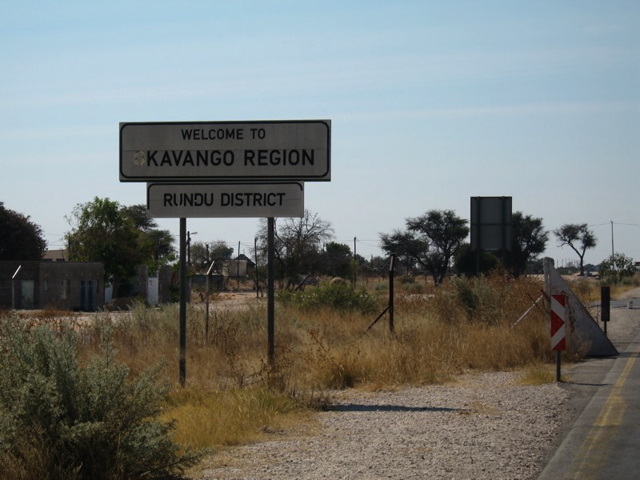









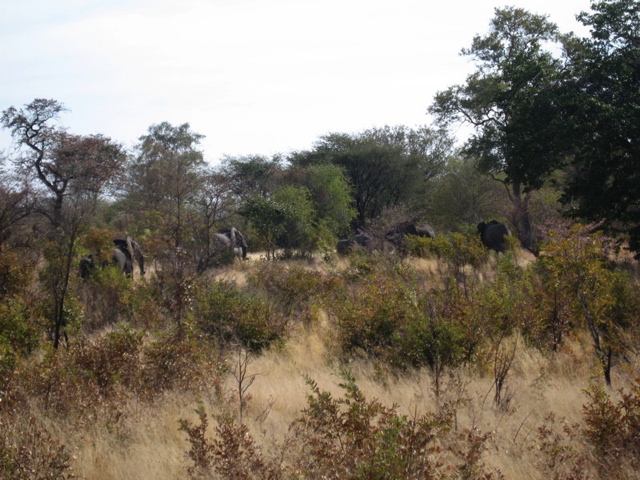


After my alien encounter I continued along some dusty yellow trails for many hours towards the border crossing with Botswana. I have to admit I was not entirely sure where I was, except that I was generally heading east.
The scenery was now Savannah scrubland with lots of bushes, baobab trees, the occasional wooden village, long stretches of gravel and sand roads, and lots of wildlife.
At one point in seemingly the middle of nowhere I stumbled upon a solitary little girl standing on the track in front of me. No more than four or five years old, she was dressed in traditional Kalahari clothing and carrying a stick twice as tall as she was.
She was quite startled to see me, but held her ground as she gazed at what must have seemed to her to be a black spaceman emerging on a noisy monster from out of the bush. I stopped next to her and we observed each other for a while, and so I took my helmet off and she seemed even more startled at the sight of my red face and blood shot blue eyes, rocking on her feet and on the verge of running away. I smiled and waved, and she suddenly beamed a huge smile, the sort of smile only Africans seem able to do.
I looked around and could see no sign at all of habitation, or where she had come from and why she was on her own. I asked her if she was OK, but she didn’t understand and just pointed into the distance and said something in her clicky dialect. Then I spotted what she was doing. She was guarding goats that were scattered here and there, and indeed some were perched precariously high up in the branches of some trees.
We had sort of run out of things to say, and I didn’t want to alarm her anymore, and so I started up my bike, the loud “braaaap” like noise breaking the silence of the bush, startling the birds, and making the little girl rear back in surprise, forcing a nervous laugh. We waved goodbye at each other as I disappeared off into the bush.
Even after ten or fifteen minutes of riding, I could see no sign of habitation. No smoke, no dogs, no people. My goodness, what a difference between her life and those of all the snowflakes in the West. Just a small little girl all by herself in the middle of the Kalahari desert.
I eventually reached the border crossing as the sun was going down, and I had missed the chance to cross it as everything was now locked up, and nobody was around. It was one of the most basic border crossings I have ever seen, consisting of nothing more than two huts and two gates, one for Botswana and one for Namibia. So, I stopped, unpacked, set up my tent, made a fire, made some tea, and rummaged around for food.
All I had was some Simba peanuts with raisins, and a Bar One chocolate bar …both sold in every shop, however remote, across Africa and both would make a regular appearance in my supplies. There was nothing around me except bush, no signs of human life, and since it was now dark, it was probably very unwise for me to venture off exploring.
My tent was a small red one man contraption, quite well designed and rather compact. I had a thin ground mat, two sleeping bags (one inside the other if cold, or used as a mat if not), a torch, and that was about it.
I did have a small Nokia phone that I could put local SIM cards into, and occasionally I had a signal, but it wasn’t a smart phone like we have today…just a mobile phone that could also send text messages. I also had a small Mac Book 10 inch laptop in which I downloaded my pictures of the day and wrote up my blog… all of which are now lost (stolen in Windhoek a few years later). The only pictures of this trip I still have are those I posted on Facebook at the time.
I had two books at any one time due to necessity to reduce weight, a novel I was reading, that I swapped over for different ones at various lodges and campsites along the way, and the Adventure Motorcycling Handbook by Chris Scott which I read cover to cover and acted as my sort of bible. I did attempt to read the classic Jupiter’s Travels by Ted Simons, but it is more a travel book than a motorcycle adventure book, it just so happens he travels by motorcycle. In any case, I couldn’t get into it, or relate to his observations, and so it remains unfinished to this day.
When it came to the end of the day, especially camping in remote places, there was not much to do other than prepare the bike for the next day, cook up food, listen to my MP3 player, read my book, and more often than not just think about things. My expeditions over the last few years have been more Hi-tech and most of the time I have access to the Internet through my iPhone with the ubiquitous 3/4G coverage, but back then it seemed more isolated and remote.
This trip more than any time in my life gave me a time to reflect. Being solitary and in the wilderness takes some getting used to, but it is good for connecting with the Soul of the Universe and understanding one’s place in everything.
And sitting alone in the middle of the Kalahari gazing up at the night sky?
My goodness isn’t the sky big and our world small.
I got in the habit of wearing ear plugs as I am a light sleeper and would wake up if I heard a noise outside, or was disturbed by the strong winds as the tent flapped and cracked violently in the gusts whipped up in the night. The other disturbance is caused by birds which can make a real din, especially just before the sun comes up. Good if you need an alarm clock call at 3.30 to 4 am, not so great if you don’t.
There are lots of insects in the African bush as you can imagine. Lots of spiders, centipedes, mosquitoes, midges, moths, various types of beetles, and a fair few scorpions that will climb onto things and into your boots and jacket if they can. I have definitely had nocturnal visits by snakes, but apart from the psychological fear of them moving about, they cannot get into your tent while you are zipped up inside, but small ones can crawl underneath, and its a bit of a surprise to find one when you pack up, as are scorpions and large beetles to a lesser degree.
I have seen footprints of large cats, weasels, porcupines, honey badgers, elephants, antelope, and other furry critters that have obviously walked around my small tent while I was fast asleep, and left their tell-tale footprints in the sand. I imagine many of these animals could detect my presence by my smell, especially the way I did for most of the time, but I think they are just not programmed to recognise an inanimate object like a zipped up tent, and so they leave you alone.
Later on in this trip, when I am camping in Swaziland, I had a visit by a pack of hyenas and no amount of ear plugs was going filter out their rather terrifying cackling and screaming. All part of the big adventure I suppose, and in reality one should be more concerned about the very small critters such as parasites and microbes that can crawl up your orifices and really ruin your day.
The next day I was up early, due mostly to the cacophony of the dawn chorus, and packed up ready for the immigration officials to arrive. Everything looked different in the light of day, but it was undoubtedly a very remote part of the world.
The Botswana officials turned up first and only an hour later did some old chap rock up on the Namibian side. He saw me waiting, smiled and greeted me, stamped my passport, and let me through. The Botswana side took no time at all either. All sorted without any drama, and off I went again, aiming for the huge swamplands of the Okavango Delta.
After a couple of hours I came across my first tarmac road for days and I had a decision to make. Do I head south and towards Maun and then up to Zambia via Chobe Game Reserve, or go north towards the Caprivi Strip? The decision was simple, I was hungry and could see a sign advertising a game lodge to the north where I could probably get some brunch. And that is what I did.
The Okavango is a stunning bit of Africa and Botswana is probably the most well run country in the African continent at the moment. Lowest levels of corruption, reasonably competent and clean leaders, decent infrastructure, a very mature and well run tourist industry, but rather expensive.
The Game Lodge I pulled into was very “larnie” (as South Africans say) and I had an all day breakfast sitting on a veranda overlooking the waters. Very picturesque and peaceful.
This would turn out to be my only meal of the day as I would do some serious riding and complete over 900 kilometers before it got dark. I pitched my tent right next to the the river near the border with the Caprivi Strip in Namibia, cracked open a beer, gazed at the bush TV (the fire), and was out for the count. No need for ear plugs.
I got up as the sun was rising above the wide Cubango River that feeds the enormous delta and gazed out at a quintessentially African scene. My fire had pretty much burned through all the wood during the night, but I was able to warm my hands on the remaining embers whilst taking in a view that was hidden by the darkness when I arrived. Everything was beautiful. The river, the trees and bushes, animals and birds, right through to the perfect climate and smell. Africa has the best smell in the world.
I sat and watched some hippos and white egrits in the water, was slightly alarmed to see dozens of crocodiles not very far from where I camped in the night, and various birds, including my first glimpse of the lilac breasted roller, a perfectly beautiful creature.
As I massaged my hands by the remaining heat of the fire I was still feeling rather stiff and sore, especially my bottom and my hands. My rear end because of an accumulation of nearly two month of riding, and the webbing between my fore fingers and thumbs because this small part of my hands is in contact with the bike all day long and takes the brunt of a lot of pressure whilst standing up on the foot pegs.
My KTM 990 Adventure motorcycle is a big and fairly comfortable machine. It has a very powerful 1000 cc V-twin engine, and it is quite smooth and balanced. The shock absorbers, made by WP, are some of the best there are, and take up a lot of the abuse as the front wheel crashes across potholes, rocks, and bumps. It is made for riding on every surface Planet earth has to offer.
Riding for 10+ hours every day, for months on end will take its toll on your body. I was still a little inexperienced to this off road riding lark, and perhaps gripping far too hard on the bars when things got interesting, which most of the time it was. Later on, during subsequent expeditions, I would become more relaxed as I rode, grip my hands less firmly, and generally ride more confidently. A later addition to my bike of an after market gel seat and sheep skin seat cover would prove to be a saviour to my poor arse.
For now, however, I was beginning to suffer a bit.
I was pondering whether to ride south and enjoy more of the Okavango (which I did years later on the ride to Shanghai with Fanny) or head north towards Livingstone in southern Zambia and rest up for a while.
I needed a bit of a rest. Victoria Falls it is.
I passed through the Botswana / Namibia border very easily and both sets of officials were very friendly, quick and professional. No dramas at all, and so at the end of the road I turned right and followed the Caprivi Strip, which is a pan handle extension of Namibia that squeezes between Zambia and Angola in the north, and Zimbabwe and Botswana in the south.
It was a very enjoyable section on pretty good tar roads passing by lots of very primitive looking African villages, consisting mostly of circular rattan fences, surrounding ten or so thatched wooden or mud huts.
Near these villages the road would become an obstacle course of chickens, pigs, goats and donkeys. There were loads children everywhere, and they would run out excitedly, and waving furiously. If I was going slowly enough, I would high five the braver kids, much to their delight, and their mothers’disapproval.
Whenever I stopped I would be swamped by kids, they would often appear from nowhere, demanding pens and sweets. They would clamber onto my bike, and hands would ferret around in my pockets for anything they could relieve me of. Earlier on I had stocked myself up with large bags of toffees which I handed out like Father Christmas.
Maybe I was setting an annoying precedent for other adventure riders who would be pestered by little urchins demanding pens and sweets, but I did enjoy giving out something, and as it happened I found it a useful way of escaping, as the kids would have to let go of me, my bike, and its luggage, and use both hands to free the toffee from the wrapper. That said, on more than one occasion I had set off only to see a small grinning face in my rear view mirror perched on my panniers and hanging on for grim life.
In Africa, unlike in the US and Europe where the little snowflakes are driven everywhere by mummy in her Prius, the local kids walk really long distances, either to and from school, to collect water from wells and rivers, or to run errands for their parents. I would often pick up children, children with animals, women carrying large loads on their head, and even old chaps, who were in the middle of no-where and obviously hiking a fair old distance, and deposit them at their destination, much to their delight, and their families’gratitude.
As I was wearing a helmet I felt it appropriate for any of my passengers to wear one too, and so I invested in a Chinese open faced helmet at a local store, and insisted that everyone wore it, despite the fact that most of them didn’t have any shoes either.
In the West you would never do such a thing, as you would probably be accused of child abuse, breaching road traffic and safety regulations, kidnap, or worse! The days of collective guardianship over the children of a community are over in the West. A European adult male like me, especially as I am no longer a police officer, will never engage or talk with a child one doesn’t know. However, here in the Africa bush things are different. I felt that if I could help and give someone with a lift, or lend a hand, I would. After all, as a child in 1970s’ Britain, I also hitch-hiked everywhere… no transport, no money, no choice.
Today, my sisters and friends in the UK would be no more inclined to have their kids walk anywhere, than encourage them to get a job sweeping chimneys. Hitch-hiking? No way. Their “most special children in the world” are closeted, surgically attached to smart phones, and their every waking hour is strictly monitored and controlled.
When I remind them that our own childhoods where conducted with minimal adult supervision and zero regard to health and safety, they retort that the 21st Century is a much more dangerous time than when we were kids. Well no it isn’t!
In the 1960s and 70s, all cars had leaded fuel, no one wore a seat belt, we all worked on farms, dentists gassed us and filled our teeth with mercury, and Myra Hindley and Jimmy Savile were on the prowl.
Anyway, I digress.
It is a little further along the Caprivi Strip that I actually ran my petrol tank dry, thus giving me a decent indication of exactly how far I could travel on one tank of fuel at 120 kph. The answer is 280 kilometres.
As I was refilling my tank at the side of the road from one of the yellow petrol cans stored in my panniers, two cyclists rode up to me to see if I was OK. They were a German couple who had ridden all the way down from Europe through Africa and were heading to Cape Agulhas, near where I lived.
We got chatting and I was intrigued by their bicycles, one of which was pulling a small trailer containing their possessions and covered in solar panels for re-charging their electrical equipment. I was so impressed with their achievement, and their kind attitude that I again offered them to stay at my house in Arniston, and at the end of my expedition when I returned home, I discovered that they had done so, and thoroughly enjoyed themselves. Its a strange thing to cycle across Africa and I was glad I have a comfortable place on the southern tip that I can offer to my like minded adventurers.
Nowadays, people monetarise their motorcycle adventures through their YouTube channels that attract sponsors and advertising. A few very successfully, and most not.
I cherish my amateur photographs and clumsily edited and formatted videos, but I know I have a face for radio and a voice for writing. Anyway, I would not want to go through all the daily hassles of producing material to “like, share, subscribe” even though I do keep a YouTube channel. Facebook and YouTube are essentially free cloud storage to me. A written blog will do me. If people enjoy it fine, but I do it for posterity and for all the other reasons people keep diaries and journals.
That all said, I am glad there are people out there who do make an effort and have filming and editing skills. I like the idea that there are no production companies and people have ownership of their own “how to” videos, podcast interviews with interesting people, adventures, and reviews of products. As I have rejected mainstream media and their bias, I have embraced and live vicariously through other people’s YouTube talent and efforts. Old Joe Rogan, The Bald Explorer, Itchy Feet, 44 Teeth, etc.
Anyway, a day or so after this encounter I arrived at the border with Zambia and this was to be an indication of what officialdom was really like elsewhere in Africa. It was also going to be an important lesson on how to avoid being targeted for, lets call it, facilitation payments. No… let’s call what its is — bribery.
My first impression on arrival was that it was chaotic, with lots of vehicles queuing up to get through. As an important crossing point over the Zambezi River into Zambia there were commercial vehicles such as trucks and buses, South African SUVs towing safari tents, a few 4×4 overlander trucks, local people in various types of vehicles, blue Toyota taxis, an assortment of government vehicles, and loads of people milling about. I seemed to be the only motorcycle.
Getting out of Namibia was easy, getting into Zambia was going to be less so. The first thing that I was confronted with was that in addition to immigration and customs taxes and inspection, I would have to pay a vehicle emissions tax, a vehicle licence tax, and local insurance. As I didn’t have a carne de passage, but was driving a South African vehicle, I had to pay a customs import tax, that was about US$20, which I thought was fair enough. I had to pay an additional US$8 dollars to get a receipt for my contribution to a vehicle emissions tax.
Ironically, my bike produced nearly no emissions, being an EU category 3 vehicle, but I had no choice and had to part with my cash for this emissions tax in a converted ship container that had a charcoal fire outside belching out smoke!
Armed with all my receipts I joined the immigration queue and witnessed everyone… foreigners, Zambians, and other Africans being fleeced for a bribe. There always seemed to be something that required paying something to get round it, and the white South Africans with their Land Cruisers and Land Rovers were getting the brunt of it. The officials had this off pat, and knew that Afrikaner man was more scared of upsetting Afrikaner woman than relieving himself of a couple of hundred Rand. They complained bitterly, but still coughed up.
When it was my turn I handed everything over and was asked for a certificate of insurance, which I showed them. Inevitably enough my insurance policy was not good enough.
‘Yes, it is’, I insisted to the disinterested looking official.
After about 5 minutes of arguing the toss I was sent to the naughty corner.
As I had no Afrikaner wife, no game resort to check into, loads of time on my hands, and no inclination to be given “the treatment” I went over to the wooden bench where I remained singing to myself, farting loudly, doing press ups, pacing about, and generally being very naughty indeed.
After about fifteen minutes maximum the immigration officer called me over to his desk, asked for my passport, stamped it, and basically told me and my “morta sickle” to fuck off.
So, I was now in Zambia.
As I left, and with the general encouragement from what seemed like an entire infantry division of the Zambian Army, I wheelied away from the border post. I don’t normally pull wheelies, as I’m not very good at them, and it damages the chain, sprockets and clutch, but this little victory was worth it.
I then rode along a rather potholed tarmac road, weaving around the craters like a 1980s video game, missing most, but occasionally crashing into a few with a thud, bottoming out the suspension and clanging the rims as I climbed out. I was starting to think that it was far better riding off road in the desert than on Zambian tarmac roads.
Livingston was about 120 kilometers away from the border and I planned to stay there for about a week, do some side trips, see the magnificent Victoria Falls, and generally idle about.

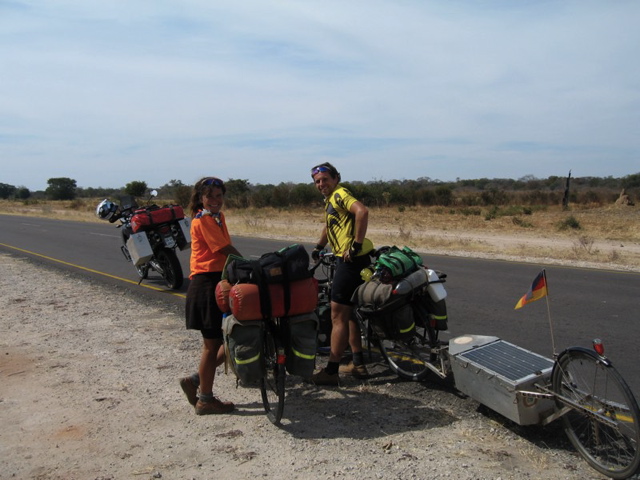
Bumped into these cyclist who rode from Germany… here in the Caprivi Strip near Zambia





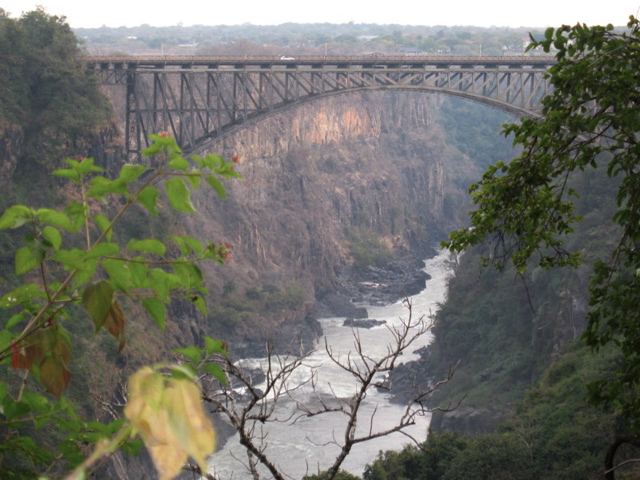
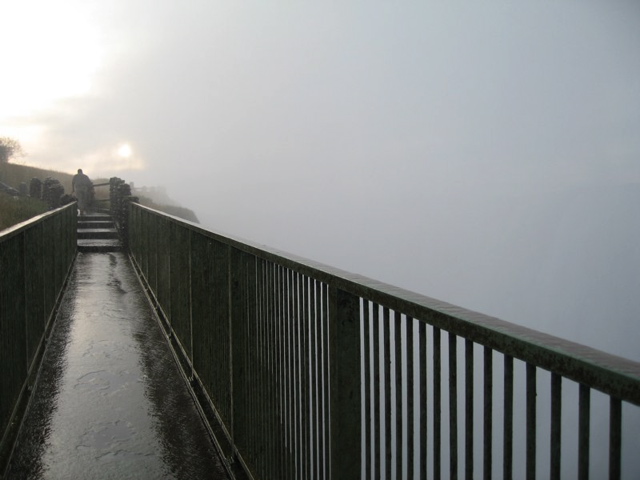




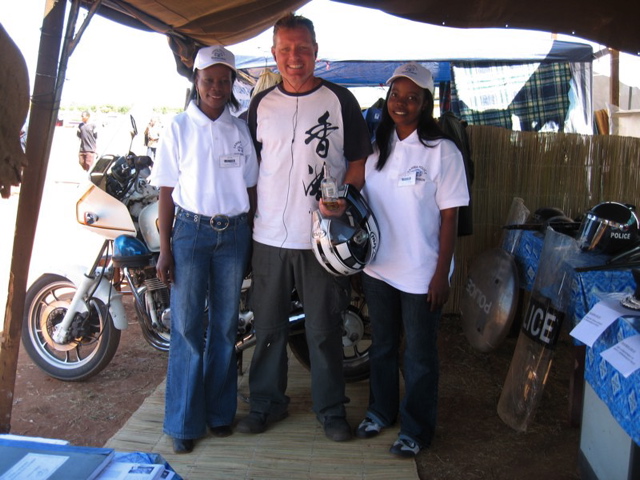

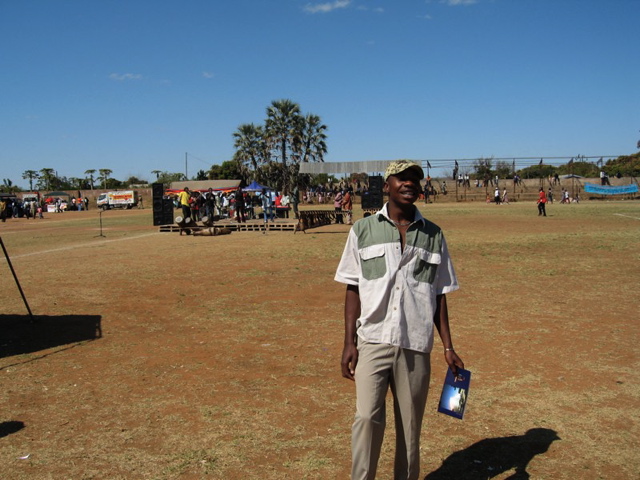





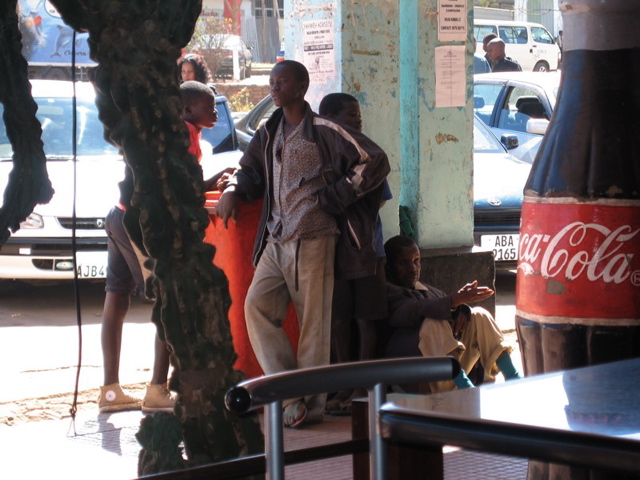



Despite having to navigate the mine field of potholes, I got to Livingstone quite quickly and searched about for a backpackers that I could stay at. I found one called Jollyboys and camped in their grounds and used the bar and restaurant for a couple of days, but later found a much nicer place called Zigzags who offered me a room in a cabin for the same price as camping, and so I booked it for a week.
I was really enjoying the break from long distance riding, and found Livingstone to be fascinating and thoroughly good fun. I met a lot of interesting local people and ended up hanging about with two very lovely Zambian female police officers who showed me around the tourist sites and took me out drinking at night. I met their friends, was invited to their homes for dinner, did a river booze cruise, and generally had a great time.
I helped with preparing a farm produce stall for a fete, and we were entered into a competition and came seventh or something out of ten against very stiff competition. I thoroughly explored a good radius of 50 kilometers around Livingstone on my bike, down single tracks and animal trails, hiked about, and went over to Vic Falls in Zimbabwe to have a look about, but without my bike.
I made friends with an American lady I met in a bakery who was in her mid 70s. She was a remarkable lady, a widow, had recently had a full heart transplant, and against the wishes of her children and friends had decided to backpack across Africa, which she did with the gusto of a twenty something.
I remember an occasion when we were on an evening booze cruise together with some other people from Zigzags and Jollyboys and my American friend got absolutely “trolleyed” on whiskey and coke and had to be restrained from jumping off the boat in the Zambezi. Another one of my new Zambian friends, who ran the evening booze cruises, said that they had lost an Australian chap earlier in the year who striped off and jumped into the river … and was immediately taken under by crocodiles never to be seen again. Serious stuff.
I got to like the local food quite a lot, mostly variations on the theme of nshima (cornmeal pap), cabbage and chicken or fish. The locals loved it and my friends admitted they really didn’t like anything else. Without nshima in their stomachs at least once a day they said they felt as if they were starving. Windhoek beer was replaced with Mosi beer, and I was no stranger to the bars and clubs where I seemed, as a middle aged forty something chap, to be surprisingly popular. I will leave it at that!
I think I stayed in Livingstone for a couple of weeks. I really enjoyed myself, and fell a little bit behind the fairly loose schedule I had set myself. I had partied hard enough and was ready to get back on the bike and head off to Lusaka to visit my uncle, Mick.
I took the main road, but because of the huge number of buses and trucks, which drove really badly and dangerously, I decided to detour along some trails and tracks and this added a day to my schedule. When I did eventually arrive in Lusaka I was a bit taken aback at being in such a large city after so long in the bush. Livingstone is a town, Lusaka is a proper city.
In addition to seeing my uncle, I also needed to collect a set of new Pirelli Scorpion tyres from the airport that had been shipped in from South Africa. I had been monitoring the decline of my tyre thread, that had received quite a beating on the gravel, especially in Namibia, and they were full of nicks and cuts. That all said, I never had a puncture on the entire expedition and the tyres were to be more resilient and last a lot longer than I initially thought.
Getting new tyres in Zambia was not cheap, and to be honest a bit of a hassle. The 90/90 21 inch fronts are quite common, but the back tyres are 150/70 R18 for the KTM 990 Adventure and not used on other bikes and therefore not easy to come by. For instance, the more common BMW GS used a 17 inch rear tyre and there was a lot more choice of tyre brand and type.
I picked up the tyres at Lusaka airport warehouse, got messed about a bit, paid some duties that were more expensive than I anticipated, and strapped them on the back of my bike until my current tyres were essentially threadbare and on their last legs (which happened much later than I expected when I entered Mozambique)
In the meantime I spent time with my uncle who I hadn’t seen much in my life. As a kid he was seen of as a sort of legend, he had been married to several very glamorous and beautiful women, was an artist and photographer, hill climbing rally driver, lived all over Africa, and when he was a young man part of the cool swinging sixties set in the King’s Road with Terrance Stamp and all that lot.
When I caught up with Mick he was divorced, again, and living in a small apartment in an interesting suburb of Lusaka. On the first night he took me to the famous Lusaka Club for steak and chips of which he ate hardly anything, but drank quite a lot as he was in the habit of doing.
I stayed with Mick for three days whilst waiting for the tyres and I think in that time we ploughed through a case of wine and half a case of scotch together. Its no mean feat I can tell you. On the day I left we had had a session the night before and I was feeling particularly fragile as I ventured off to my destination of Mama Rula’s Guest House near Chipata (http://www.mamarulas.com/) from where I intended stay and then to ride to see Mick’s Children, Nathan and Rosie, in South Luangwa National Park.
As I was riding along about 50 kilometers outside Lusaka I saw in the distance a convoy of motorcycles with their lights blazing. It took my befuddled brain a while to realize that this was the Long Way Down bikers on their way to Lusaka.
This made sense now as I had read on the internet that the LWD team were in Malawi and as I left Lusaka I saw some big motorcycles and their riders who shouted out something to me as I cruised by, but I didn’t stop, and I didn’t really hear what they said. Now I assume they were Zambian fixers waiting for Ewan McGregor, Charlie Boorman and their entourage to arrive in Lusaka.
As my brain was registering that Obe Wan Kanobe was on the same road as me they just rode by and waved. I wondered if I should stop, but as they didn’t I felt a bit stupid and carried on. I kept a look out in my mirror and saw that they had indeed eventually stopped and so I turned around and met them. Ewan McGregor and his wife then carried on riding towards Lusaka, and Charlie Boorman and Claudio Planta stayed with me for a chat, which we did for about an hour at the side of the road.
It was good to meet them, not only because I enjoyed the Long Way Round TV series, but it was good to bump into and have a yarn with fellow bike riders and share our experiences. They were riding BMW F1200 GS bikes with all the extras, and of course film and communication equipment necessary to make a top quality TV production.
I was filmed and said what I said in the clip below, and more, later signing a disclaimer from the producers to allow the TV footage, and waited for the Nissan Pathfinders with the support crew and spare equipment to arrive. As I was looking at their bikes I could see a six inch nail sticking through the tread of Claudio’s back tyre. All OK, I was informed, they were changing them all in Lusaka!
Charlie Boorman saw that I had the Dakar logo on my bike and told me about his recent experience competing in the Dakar Rally and the subsequent Race to Dakar TV series. I knew nothing about this and found it fascinating. We also chatted about their route so far through Africa, some suggestions on places to stay, and about our bikes. Charlie seemed to like my KTM, especially the Akropovik exhausts, and I offered him a ride, but he declined, saying he was contracted to BMW and it would not be a good idea to be seen on a better bike. Actually he never said that, but I am sure that was what he was thinking. After that we bid each other farewell and went off in opposite directions.
When I got back from the trip I of course told everyone I was filmed on the Long Way Down TV series which was to be shown on the BBC in England. Of course, the series went by and there was no footage of me at all, which was a bit disappointing and I think everyone thought I was making it up.
A year or so later, I received a lot of emails from my Australian friends who said they saw “my ugly face” on the LWD TV series that was broadcast in Australia on the Discovery channel. Later, when I got a DVD box set of the series, the original six episodes had been extended with extra footage, and so I have a small clip of talking scribble with Charlie Boorman in the middle of Zambia.
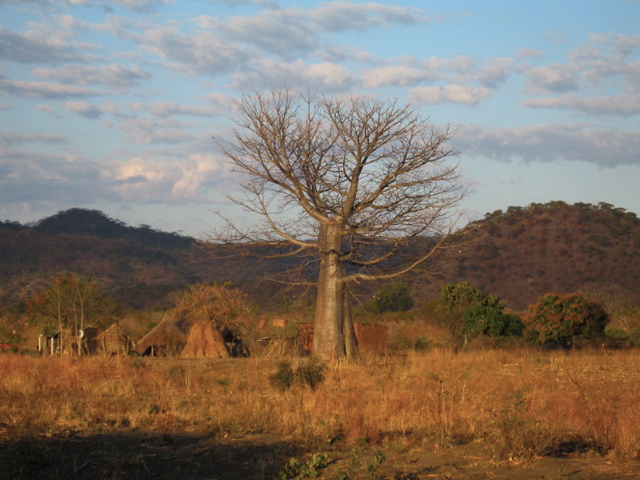



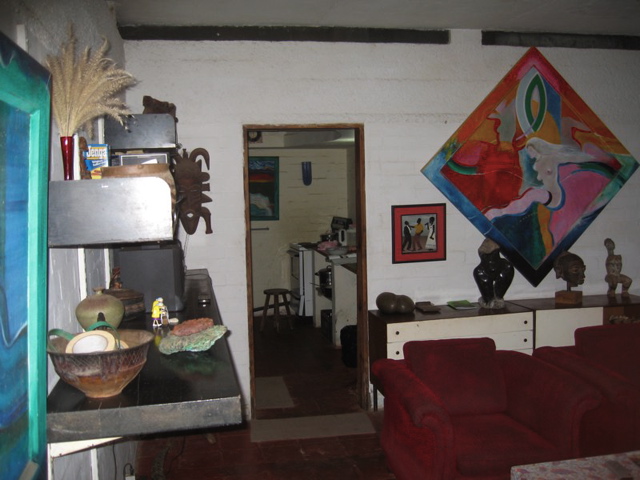



Video below:


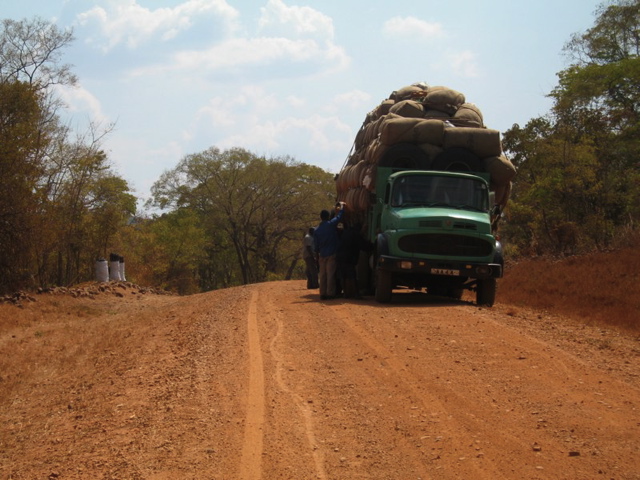


After the LWD encounter I pushed on towards Chipata, passed by their support vehicles that waved furiously at me and flashed their lights, but I ran out of fuel just before I completed the journey. In one day I had ridden the same distance the LWD guys did in two days and burned through 39.5 litres of fuel with no sign of a petrol station along the whole way.
Fortunately, after an hour or so I was rescued by a entrepreneurial young chap who appeared out of the bush on a bicycle with two corn oil drums containing rather murky looking fuel. I worked out how much I needed to get to a petrol station in Chipata, and bought 5 litres, but at triple the pump price.
Well the price was what is was, but even in those early days of my motorcycle expeditions I knew putting dodgy fuel in my tank was probably a bad thing. In fact, the biggest threat to motorcycles doing long distance journeys in Africa, or indeed Asia, is putting poor quality and contaminated fuel in your tank. The risk is that it will block the fuel pump, clog up the filter, knacker the EFi fuel injection system or carburetor jets, mess with the mapping, and more besides.
In fact, two years later a blockage of my fuel filter will cause my engine on the very same bike to stutter for many miles and eventually stop in the middle of Namibia. The cause was undoubtedly putting contaminated fuel straight into the tank without filtering it properly. In the Kenyan chapter of this blog you will read that Fanny and I prevented such problems by using a very effective home made petrol filter. Nobody ever takes any notice of my ramblings in these blogs, but I can tell you that is the way to do it. Watch and learn.
With enough petrol to get me to Chipata I got going again and managed to find a petrol station and fill up. I then checked into Mama Rulas Guest House who had received the LWD expedition a few days earlier and quite excited about it, and pitched my tent in the same place they did, probably.
My cousin, Rosie, told me that the road between Chipata and South Luangwa, about 150 kilometres in length, was absolutely terrible, and in recent months was impassable. That said, she was currently in South Luangwa and had presumably driven there in her beaten up Toyota Corola, and so I guessed it was probably OK for my bike, especially if I reduced the weight by leaving what I could at Mama Rula’s Guest House.
So, I dumped my spare tyres, my panniers, and strapped my camping gear and a small bag on the back of my bike and headed off down the muddy track which had been gouged out badly by conveys of very overladen cotton trucks. There were sections where the road had fallen away and I saw several trucks that had rolled over and been abandoned by the side of the track. This was quite a technical stretch of my ride and for the first time on the trip I had to ride across streams and small rivers, plough through thick mud, and ride very steep slopes.
With all the extra weight off my bike I was quite enjoying the ride that seemed a lot longer than 150 kilometres, but still had to keep my wits about me as I tackled the worst road I had ridden so far. I was reading the road and plotting my track much better. I guess with confidence comes skill, and with skill come confidence. Its a gradual process and I was gradually getting better.
I eventually reached the Luangwa Valley at Malama and Kakumbi and found a route to my destination, Flat Dogs Camp (www.flatdogscamp.com/), named after the slang for a crocodile.
As I got nearer to the mighty river the surrounding land undulated with dry river wadis, streams, and small marshy tributaries. I was really enjoying the ride and the scenery notched up another level in African beauty. As I descended down a steep slope into a dusty dry river valley I ran straight into a herd of elephants.
This was the closest I had got to so many elephants, and was a bit alarmed when a young male mock charged me making one hell of a noise. Unlike many of the dramatic incidents on my expeditions, I had the presence of mind to take out my camera and snap a picture of the irritated elephant as he put on his show of defiance.
What a welcome to South Luangwa, probably the best game park in the whole of Africa.





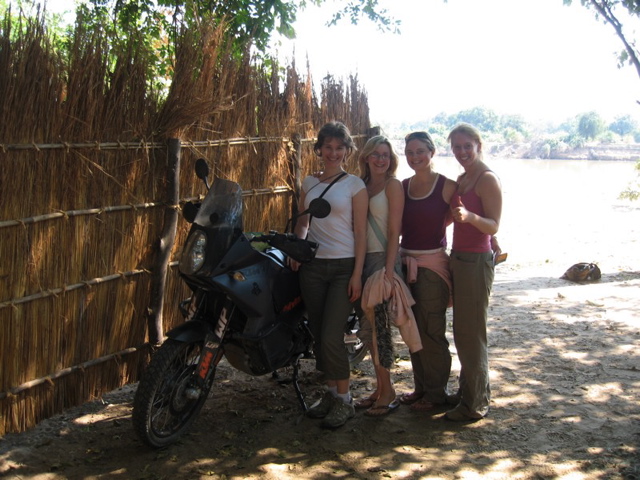
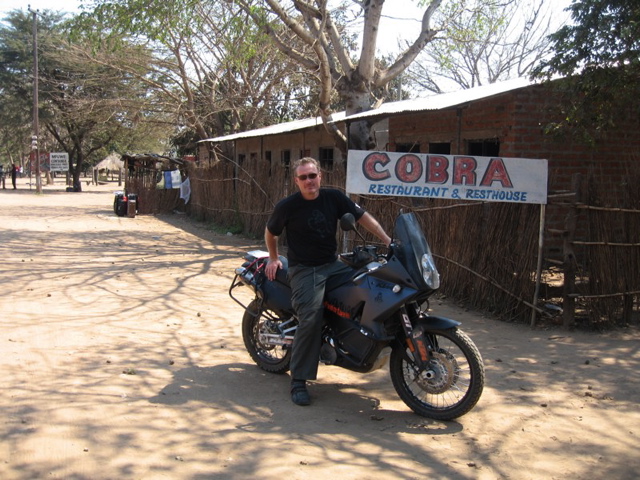










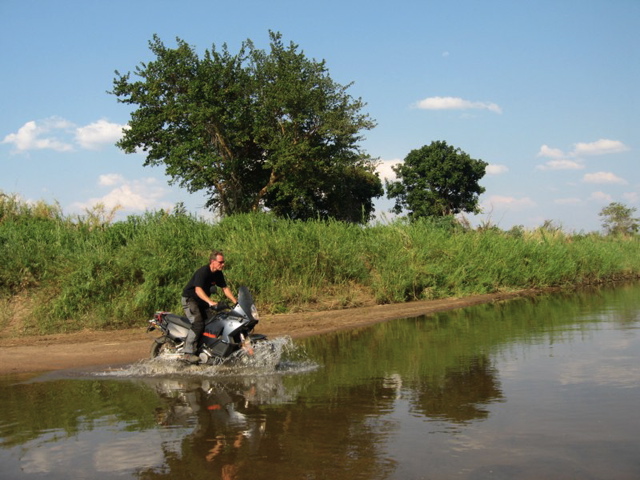





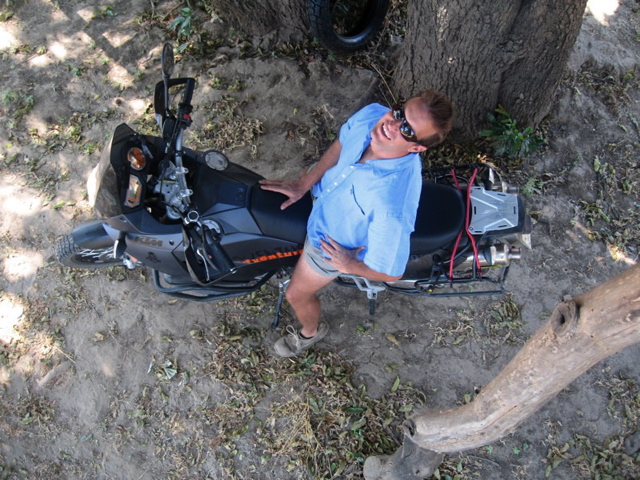
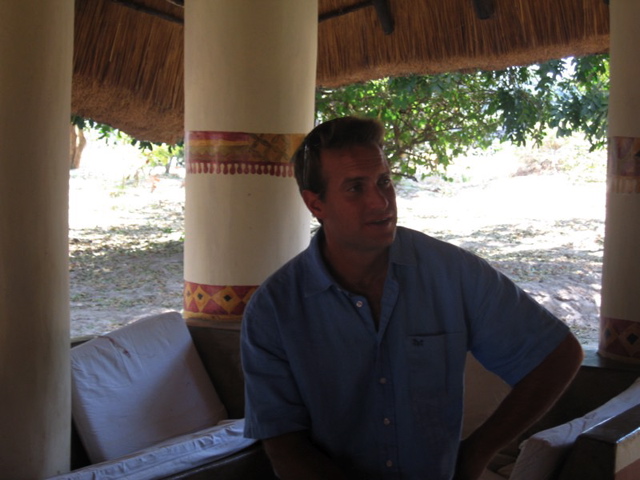










My cousin, Rosie was working at Flat Dogs at the time, and responsible for guest relations and organising tourist activities like walking safaris in the game park. She was pretty preoccupied with what she had to do and so I booked a camping spot at the cheapest location which happened to be a platform about 5 meters up a tree.
There were rather nice safari tents and Rosie later arranged for me to move into one. For now, however, I moved into my new home with monkeys above me and elephants down below. Later I would also have nocturnal visits by hippos and crocodiles.
I really enjoyed my stay and would venture down from my tree tent and spend time with my cousins, eat and drink at the bar, and swim in the swimming pool, when of course it wasn’t being occupied by huge grey things with long trunks and big ears. I went for hikes along the Luangwa River, careful not to be on the wrong side of a hippo, or the right side of a crocodile. Many locals had lost their lives to these creatures over the years.
Our camp was shared by a large herds of elephants who would walk through at various times of the day and night. Whilst the elephants give the appearance of being docile, you do have to keep your distance otherwise they will charge you, with the real possibly that they could trample you to death. Elephants are wild animals and the staff of the various game resorts had to keep reminding their guests as they often became far too complacent.
I watched from the bar one day as an Italian tourist, who had been told many times not to go near the elephants, got chased at high speed by a huge trumpeting elephant as he attempted to get “just one more” close up photograph. It was all very dramatic as he was chased right up to the steps of the bar by a very disgruntled and noisy elephant. It was a rather ridiculous, if not dangerous sight, and I fell into fits of hysterical laughter, much to the Italian’s embarrassment and annoyance.
If I was up my tree in my tent I would have to wait until the elephants had slowly trooped by before I could come down. They would often butt and shake the trees, knocking off marula, mangoes and monkey pods that they liked eating very much. On a couple of occasions while I was in the “heads” I would get barricaded inside until the elephants eventually wandered off. On one occasion while I was having a shower I heard a scream from the cubicle next to me. Apparently a trunk came through the open window and gave the occupant a fondle.
My cousin Nathan is a wildlife film maker and lives for months on end in the bush trying to get just a few minutes of footage of animals such as wild dogs or cheetahs. He came out to see me at Flat Dogs and after spending some time together he encouraged me to go for a ride into the park, directing me to an off the beaten track route that the locals take. Like most of Africa, motorcycles are not allowed in game parks, and so I thought this would be a great adventure.
I started off expecting to ride for just a few hours but didn’t get back until well after sunset, riding along single track sand paths among probably the largest concentration of African wild animals anywhere in the world. I assumed if the locals do it, what could possibly go wrong?
First, I went off without my helmet, or even a hat to screen me from the sun. No phone, no money, no nuffink! Just a t-shirt, cargo trousers, my boots and my unladen KTM. What I hadn’t anticipated was that I would ride across rivers and streams and have to navigate windy narrow trails with no room to turn around. Only when I was out in the bush for a few hours did it dawn on me that if I run into any large animal, or creature that might like to eat me, I would not be able to manoeuvre very easily and escape.
By mid afternoon I emerged from the dense bush and rode down to a river where I could see local Zambians washing themselves and their laundry in the water. I took some pictures and showed the people their photographs on the digital camera display and they were absolutely thrilled and excited. I suspected they had never seen such a camera before, nor their own images.
As I rarely got pictures of myself, being on my own and all, I asked a young teenage girl if she would take a picture of me riding across the river, and showed her how to operate the camera. To set up the shot I rode across the river and hoped she would get a snap of me and my bike in the river. When I returned and examined her handiwork I was absolutely delighted that she had taken seven or eight perfectly framed action sequence pictures that I treasure to this day, and which some are reproduced in this blog.
I then rode back into the bush and into more open ground where I could see zebras, wildebeest, giraffe, impala, kudu, sable, elan, and more elephants. The rivers were full of hippos, and I could see lots of crocodiles sunning themselves on the banks, and scurrying back into the water at the sound of my exhausts. I didn’t see any cats, and I hoped they didn’t see me. They would certainly hear me though.
It soon became apparent that elephants absolutely hate motorcycles. Maybe its the noise, the size, the speed, or whatever, but they really react badly and I had to keep my distance from them as they became visibly agitated whenever I encountered them.
The animal I was most wary of were buffalo. I was told by my South African friends and Zambian relatives that these were the animals to keep well away from. As someone who grew up on a dairy farm in Staffordshire in England and handled cows everyday I found this rather strange, as buffalo do look like cows. Also, on Lantau Island in Hong Kong where I live, and in Thailand and Malaysia where I have visited often, there are big water buffalo, but they are very gentle and not easily roused.
The African buffalo is not a friendly beast. It is big, has a serious attitude, a lightening turn of speed, and is super aggressive. If you are in the wrong place at the wrong time they will kill you. I did see many buffalo from a distance and they always reminded me of the Kray Twins, particularly the bad tempered mad one.
I got back to the camp in one piece with just enough fuel and shared my experience with my cousins, who of course had seen and heard it all before, but gracious enough to allow me to wax lyrical about the country they grew up in.
The next day I decided to go back into the game park, but this time in a safari game viewer (a long wheel based Landrover with open view seats for passengers) where my experienced guide could locate and introduce all the animals in relative safety. I thoroughly enjoyed myself and got a chance to tick off all the animals I hadn’t seen so far, including rhino, leopard, cheetah, hyenas, wild dog, lions, meercats, servals, caracals, and even a Rock python. Also, lots of birds, too many to name.
I hung around Luangwa for a few more days enjoying the amazing scenery and wildlife and then decided to ride up through central Zambia towards Tanzania and then into northern Malawi and ride south along the coast of Lake Nyasa towards Blantyre. The problem was I had left my tyres and most of my luggage at Mama Rulas Guest House and so I had to backtrack along the challenging mud road, collect my stuff, and then plot a northerly course through Zambia and up into the mountains and forests near the north.
I was becoming a lot more confident in my riding, as one would expect riding for ten or so hours everyday on every surface Africa has to offer, and so I was not too daunted about a more off the beaten track route. After all, you can always turn around if it gets too difficult. It wasn’t a race, and as a solo rider I didn’t have to confer with anyone. I could do what I liked.
So, I rode for a couple of days directly north along the M12 that ran parallel to the Malawian border, and into the coniferous forests in the mountains near Lundozi, then headed west along the D104 towards North Luangwa and through the bush and mountain trails towards the border with Tanzania. As I didn’t have a carne de passage riding into Tanzania was not impossible, but would have incurred a lot of expense and hassle.
I wanted to go to a game resort in Tanzania called Uwanda and so at a border town called Tunduma I rode around looking for a resort or guest house that would look after my motorcycle for a few days while I ventured on foot into Tanzania for a few day. As I was looking around I saw a police station and so I rode in, introduced myself, and use a few “I used to be a policeman, don’t you know” credits. The local officers were happy to store my bike and kit for a few days. A case of Mosi beer didn’t go unappreciated either.
With KTM and kit secured in the safest spot in town, I packed up my day sack with my light sleeping bag, mozzie net, ground mat, some spare t-shirts, and my valuables. I then wandered down to the nearby border crossing, stamped out of Zambia and stamped into Tanzania. Not quick, but no real hassles. I then searched around for a cab, trying to avoid all the touts and border wallahs, and found an assortment of mini buses, cabs, motorcycles and tut-tuts parked just beyond the immigration complex.
Eventually, after the usual annoying and unnecessary haggling and jostling, I squeezed myself into a tightly packed and rather niffy mini bus, and when it was full, just beyond bursting point, it set off along fairly decent tar roads to a huge and rather chaotic town called Mbeya.
Around mid evening I hopped off as soon as I caught a glimpse of a backpackers sign, and checked into a dorm room with about 6 bunk beds. I didn’t hang around and quickly escaped to wander about town and find food and beer, which wasn’t difficult. Now I had a choice of four brands of beers, Kilimanjaro, Serengeti, Safari or Tusker. After trying them all over a few days I settled on Tusker, for no other reason than it had a picture of an elephant on the label.
In the morning at breakfast I was sort of regretting leaving my bike behind and having the hassle of trying to find my way around on foot and by uncomfortable and crowded public transport. Mbeya was definitely not worth it, but I planned to go to Uwanda Game Reserve and see the lake, see some coffee and tea plantations, and then double back to Zambia and get my bike.
The backpackers was an easy place to plan excursions and get transport to various places. By far the majority of people who were staying were on the way to Dar Salam, Zanzibar, Serengeti, or Mount Kilimanjaro… or had come back and were going to Zambia or Malawi.
I thought about going further north and decided against it, vowing to go there another time, as indeed I did with my lovely Fanny in 2011. Now all I wanted to do is just have a few days exploring a bit of Tanzania, get a feel for the place, and then carry on with my original plan.
Also, in my mind at least, I was a “lonely wolf motorcycle adventurer”, not a common or garden 20 something dread locked hippy bouncing from internet cafe to internet cafe, with a copy of the Lonely Planet, eating banana pancakes, and all that. Arrogant? Of course, its my best trait!
I took a mini bus in the late morning to Uwanda Game Reserve that I read in a guide book was famous for its flora, rather than fauna, and a must go destination for any budding botanists. It was also a paradise for water birds being on the shores of Lake Rukwa. The journey was quite long, but I managed to chat with the driver and arrange for a vehicle to take me straight from the game park campsite back to the border crossing with Zambia where I could retrieve my bike.
I didn’t have my tent and there wasn’t really an option to free camp and so I checked into a grass hut that was pretty comfortable with access to showers and the resort restaurant. I got chatting with the bus driver’s friend and he said he could organise a drive across the south of the park, see the lake and drive out of the west gate and into Tunduma at border with Zambia. After a bit of a haggle, a price was arranged which was fair to both of us, especially as I was cutting out a lot of hassle, the cost of a further nights camping, and could do a sort of mini safari at the same time.
After breakfast I caught up with my driver and to my surprise he had recruited a couple of young Dutch girls who also wanted to do the same route and so I had the extra benefit of reducing my taxi fee, and some not too unpleasant company to share it all with. The vehicle, as it turned out, was a dilapidated van of some kind, with a huge sunroof that we could stand up in, or in my case, sit on the roof.
I have to say the day was a very pleasant one in which I saw some rather different scenery than that of Luangwa. Not as many animals, but still very interesting and pretty, and as promised lots of birds and wild flowers. The Dutch girls were very friendly, quite funny and were also heading to Malawi. I don’t think they believed I was riding a motorcycle until I rocked up on it at the backpackers we all stayed at that evening on the Zambian side of the border.
We all had a few drinks and dinner together and I promised to look them up again in Malawi, which I actually did at a place called Kande Beach, some few weeks later.
After breakfast we all said goodbye and I was absolutely delighted to be back on my bike. The few days had given the blood a bit of time to recirculate in my bum, and perhaps my energy and enthusiasm for riding was renewed, as I had really missed the freedom, excitement and exhilaration of riding an adventure motorcycle.
However, I had perhaps not focused enough on the exact route I should take to Malawi and how I could actually get in. If I had crossed over into Tanzania it would be quite straightforward, but I wasn’t allowed to do that, and so I had to weave about and frequently get lost, often having to backtrack many kilometres until I found the correct route. I was fortunate enough after many hours on trails and mud roads to come across a young man who I gave a lift to, and who guided me to the border crossing into Malawi.
When we got to the crossing it was a very basic one, and apparently I was not allowed to use it as it was restricted to local Zambians and Malawians. Luckily I was on a South African registered motorcycle with current tax and insurance, and my Zambian riding companion made a passionate plea to the officials to let me through. If not, I would have had to ride another couple of hundred kilometers south to get across. As it was, I nipped across, got my passport stamped at both sides, and headed off towards Lake Nyasa.
By the time the sun set I was still on gravel tracks, winding through mountainous tracks and was still a long way from the lake. It was treacherous riding in the dark, very hilly, quite wooded, roads were awful in places, and so I had no choice but to pull off the road, find a reasonably flat space, and set up camp.
It would not be an exaggeration to say that I was completely lost, but at least I was somewhere in Malawi, I still had enough fuel to get to the north part of the lake, and it was a nice temperature, if not a tad cool up here in the hills. I nearly always carried a couple of bottle of beer in my pannier, and so I had those for dinner ….with half a chocolate bar. In the morning I made tea and had the other half of the chocolate bar for breakfast. Not so bad, I thought!
The next day I set off rather excited about the coming weeks ahead in Malawi. Everyone had told me it was really nice country and the people were very friendly. The first thing I noticed, however, was that it was possibly the poorest country I had been to so far. Everything was very basic and it had far less infrastructure, vehicles, or significant buildings than Zambia. The roads weren’t great, a lot of people seemed to live a rather primitive existence and the kids didn’t seem to go to school. The food the locals ate was mainly cassava, a white powdery starchy substance with the nutrition of a flip flop. The diet of the extremely poor.
I weaved left and right through quite steep hills and on gnarly gravel roads, and then by midday, I suddenly spotted the lake. My goodness, it looked like the sea. I knew that Tanzania and Mozambique were on the other side, but I couldn’t see anything except water. As I got nearer I started to encounter more human activity, more animals, more village huts, and could see dugout canoes with fishermen on the water. All very beautiful and very exciting.
I decided to head south towards Livingstonia and look for a campsite by the lake. After about an hour, riding along a pretty decent tar road that ran parallel to the shoreline, I arrived at a section of resorts near Mushroom Farm. Having surveyed a number of signs for resorts and accommodation, I randomly picked one and rode down a sandy track for about 5 kilometres until I was in a cluster of thatched holiday huts with European looking tourists milling about.
For the next week or so I gradually migrated down the coast, stopping at lakeside resorts, pitching my tent, swimming in the lake, kayaking, snorkeling, meeting fellow travelers, twiddling with my bike, eating and drinking very well, and generally idling about.
Malawi is a very relaxed place and had a reputation as a source of cheap “weed” which all the young hippies were into, and much of the local community survived on. It was sold in corn on the cob sized packages which would keep the dread locked hippy brigade stoned for several days. For the rest of us we had more than enough beer and dodgy Malawian gin to keep us amused.
At a port town called Nkhata Bay I met fellow bikers who had ridden down from England on Honda XR 250 cc Baja motorcycles, like the ones Fanny and I rode ten years later in Sri Lanka. They had ridden down the west route of Africa through some challenging places, and even got engaged along the way! A lovely fun couple and I enjoyed their company. Later I would stay at Kande Beach resort where I think the LWD guys had stayed a few weeks before, and I met up again with the Dutch girls I first met in Tanzania.
The girls, like most other people, were partying hard. They easily encouraged me to join in and I can report I did so disgracefully, and as hard as anyone else. Although technically middle aged, I was not letting down the side, and gave the guys half my age a run for their money. I also had a motorcycle, enough said.
Things carried on in a similar vein when the Zambian and Malawian ladies I met in Livingstone decided to all come out to Monkey Bay and Cape McClear on the very south of Lake Nyasa. As did the Dutch girls, and several other groups of people I met at various backpacker resorts as I meandered down the shores of Lake Nyasa. I think it would be wise, for the sake of my children, relatives and any reputation I have left, that I employ the Kai Tak convention and say no more.
I’d like to say it was the “last hurrah”…. except it wasn’t. Things got much worse over the following few years as a student in Beijing. You’ll have to wait until I publish my memoires for anything more salacious.
I spent some time in Blantyre, getting prepared for the ride into Mozambique, and by all accounts I was to have a rather technical and extremely long stretch of sandy roads to the coast at Pemba.
I decided it was now time to replace my back tyre which was not only bald, but there were bits of fabric and radial lines sticking out of it. It was a bit gung ho, but I was trying to squeeze every last mile out of it. Strangely, over the last couple of thousand kilometres the back tyre just didn’t seem to wear down as much as I thought it would. I was expecting it to pop at anytime but it just kept going and I think I got a total of about 13,000 kilometers out of the rear Pirelli. The front looked fine, good for another 10,000 kilometers and so I didn’t change it.
Rather than hand the bike to someone to change over the tyre, or do it myself with three spoons and a rock, I found a small garage in Blantyre (aptly named) and paid a very small fee to use their tools, including a mechanical bead remover and do it myself. The beading on a tyre is the reinforced edge that fits securely into the rim of the wheel and can be the trickiest bit to get off and on.
As it turned out it wasn’t difficult and the new Pirelli Scorpion that I had been lugging on the back of the bike since Lusaka was replaced in no time. I also did my own wheel balancing using the axle spinning technique, gradually sticking on small lead weights to the inside rim until the exact balance point when the wheel would stop rotating on the axle. If the wheel isn’t balanced the heavier part of the wheel will rotate to the bottom through gravity. When it is balanced the wheel doesn’t move. Quite easy when you know how.
I was a bit alarmed to see the tyre I had removed as the centre strip was so thin it was almost translucent and not far off splitting down the middle. Just in time principle, as Japanese logistic managers would say.
With my new back tyre fitted, chain adjusted and oiled, and fully laden with 39.5 litres of petrol, loads of water, Simba peanuts and Lion Bars, I was ready to go and I am guessing the border crossing from Namibia into Mozambique was pretty easy as I can’t really remember any drama or excitement.
Mozambique is a former Portuguese colony and so this would be the first country on the trip that the people didn’t speak English. It was also probably the poorest country I was to ride through and had been ravaged by a brutal and devastating civil war that not only decimated the population, but with hunger and no other choice, most of the wild animals had been eaten, which ordinarily would have been as abundant as they were anywhere else in Africa.
There were a lot of people moving about and I heard that there was a very porous border between Mozambique and Zimbabwe which at the time of my trip was suffering under the effects of Robert Mugabe and his henchmen, and so people were moving fairly freely between the two countries, trying to deal with the effects of hyperinflation, source food and fuel, and eek out some sort of an existence.
There is in fact no need for either country to be poor as they are both blessed with natural resources, rich agricultural lands and human beings who are perfectly able to make it all work. The problem, like in most of Africa, is that their leaders are all kleptomaniac despots, surround by self interested sycophants and cronies, and supported by brutal soldiers and evil secret police. Any semblance of democracy is only used to hoodwink Western liberals and secure aid and money, which is inevitably squandered on palaces, motorcades and presidential jets.
The curse of the African continent is tribalism. Now, just as the Western Colonialists did in the 19th century, China has sidled up to these corrupt dictators as it sees Africa as an easy place to plunder and exploit. Mozambique with its empty national parks and dearth of flora and fauna is perhaps a blueprint of what the rest of Africa may look like after its been completely fucked up. All very sad.
Of course, the last thing an African needs to do is bring anymore hungry mouths into the world, but that is exactly what they do, and ironically the poorest people have the most kids. Condoms? Don’t get me started on organised religion and superstitious cultures!
I had also heard that I was riding into perhaps the more dangerous of the countries on the trip. Poverty and the struggle for survival causes people to engage in crime, or so Strain Theory of criminology tells us. I have to say that I generally found most people I encountered to be very nice, but like the Sinai of Egypt, there were places that it was wise to avoid, or at least have your wits about you and not do daft things like wandering around at night.
On my first day of riding I covered a lot of ground and because of the need to refuel and buy provisions I had to ride into populated areas eventually. For most of the first day I had ridden on hard packed gravel and my progress had been pretty good. I rode through some very run down villages and dodgy looking towns and decided against stopping. I therefore pushed on along narrow roads just south of Niassa National Park and had perhaps pushed my luck as the sun set quickly and I was now riding in the dark. A big no no in adventure riding and so I had no choice but to find a place to camp, or bite the bullet and check into a hotel in a town where I could try and keep a low profile and secure my bike.
Riding in the bush at night is quite challenging and I really could not see anything that wasn’t illuminated by my headlight, which I have to admit wasn’t the best headlight in the world. I had no spotlights and just a weak narrow beam, meaning everything left and right of me was completely black.
I eventually pulled into a very run down town and at the first sign of a hotel I pulled in. I wouldn’t say my reception was hostile, but it was decidedly frosty. Anyway, I managed to get a very cheap room, parked my bike right inside the lobby, and a lady cooked me up some Nshima and cabbage, with a rock hard chicken. It wouldn’t get a Michelin Star, but I have eaten a lot worse at my schools in England in the 1970s.
I looked around for a beer, and found some warm cans of Manica in a refrigerator that didn’t work. Conversation with my fellow guests was a bit stilted as everyone spoke Portuguese, but I understood “no” well enough to mean they thought it probably wasn’t a good idea for me to go wandering about in the dark by myself. But I did anyway, I couldn’t sleep, I had nothing to do, and I needed to stretch my body. And I was curious to just look about.
I walked up the street and despite the fact that the streets lights were either absent or not working, I could see it was actually quite a big town. There were little pool halls and shebeens here and there. I saw an auto repair shop and wandered in and looked about, and was pleased to be able to find a brighter bulb for my headlight, a replacement rear light bulb, some more electrical fuses, as occasionally they would go, and a Chinese made torch as mine had broken back in Zambia and I couldn’t find anything in Malawi.
By now I had a wallet full of an assortment of African currencies that I didn’t need anymore and so I swapped them all for Mozambique Meticals or Meticais, or whatever they were called. I think the money tout I found lurking outside a convenience store had done well on the deal, but I was happy enough with the wad of grubby notes I got back and generally used South African Rand that everyone seemed to accept, anyway. I also bought a Mozambique Sim card that was surprisingly good value, actually worked, and seemed to have a signal in most places.
Telecommunications was one of the few industries that was really flourishing in Africa, and I could often tell if I was getting close to a town by the telltale communication antennas on the hillsides. There were lots of advertising billboards promoting the local mobile phone operators, which of course all the Government cronies had a vested interest in. There were also lots of billboards advertising beer brands, and soap, for some reason.
The next day I got going very quickly as everything was already on my bike which I was thankful was still in the hotel lobby. As I rode through the town it looked completely different, and much less threatening than the previous evening. I filled up with what I remember to be quite cheap petrol, and continued on my eastwards journey to Pemba.
It was not long before the gravel roads turned to sand tracks and my progress really slowed down as I slid and paddled my way through long stretches of deep sand pits. I was not always confident to stand on the pegs in sand and often sat on the seat and waded along. Later, after a few courses, I conquered the sand, but for now my riding was rather ungainly. It took me a good eleven hours to actually get my first glimpse of the Indian Ocean and it was absolutely glorious.
Pemba is actually a popular tourist destination. It is situated on a small peninsula and surrounded by the sea, a huge lagoon, and lots of rivers and mangrove swamps. There were palm trees along the white sandy beaches, a few rather nice looking colonial looking hotels, small resorts with thatched huts spread out on the sand, restaurants, bars, and shops selling tourist stuff. There was also scuba diving and snorkeling, boat trips, canoes and hobby cats to hire. A real surprise compared with what I had seen in Mozambique so far. It was like a tropical paradise.
Unlike the wild and cold Atlantic Ocean on the west coast of Africa, the water at the same latitude on the east coast of the Indian Ocean was calm, crystal blue and warm. There were quite a few tourists, many who had come from Europe and it reminded me a bit of Thailand in the early days before it got developed. Very nice.
I decided to find a camping spot, but I found it just as cheap to rent a hut on the beach, and that is what I did. As was my habit now, after being bitten by some bed bugs and insects at other similar places, I dumped all their bedding, sprayed the mattress with some pesticide that was probably illegal in the West, set up my sleeping bag, and replaced their moth eaten mozzie net with my own one. I then stripped my bike down to bare minimum and changed into my beach riding gear of flip flops, shorts, t-shirt, sunglasses and my Dad’s old Tilly Hat and went to explore the area.
Like Malawi I idled about in the sea during the day, and joined the party at night. There was quite a bit of diving activity going on, but at that time I had not got my PADI qualifications and so I settled with swimming, snorkeling and canoeing in the mangroves.
After a couple of day I decided to start pushing on further south. I only had a few weeks left before I need to fly out to China and start my Mandarin course at Tsinghua University in Beijing. I was very much aware that my adventure was coming to an end and so I really tried to squeeze as much out of the remaining weeks.
There was only one fly in the ointment, and that was that my chain and sprockets on my bike were starting to disintegrate. I had a couple of thousand kilometers still to go and thought if I really clean and oil it well, I may make it.
The other annoyance was that the brand new front tyre I had been carrying had been damaged by the exhaust heat and fumes coming out of my Akropoviks. I had been careless and strapped them on too near to the exhaust outlets and some of the rubber had been burned.
Luckily the tyre on the front of my bike looked OK and had lots of tread left. Still it was an annoying waste and an expensive lesson, especially as I had lugged it across Africa, and so I gave it to a local biker who didn’t think the damage was as serious as I did.
The road heading south does not always follow the coast, but often cuts back into land by quite a long way, looping back towards coastal towns every now and again. The surface was extremely sandy and of variable depth and softness. On a rare stretch of gravel near a village I was cruising at a rather quick pace of 120 kph when a dog ran out in front of me and I literally ran over its neck launching me into the air for a few meters and luckily landing back down on my wheels and staying upright.
That was a shock, and I u-turned around and rode up to the dog which was clearly dead. I got off my bike and started hauling it to the side of the road when a woman came running out of a hut shouting at me, then a few more people followed her, and so I decided to scarper, quickly. Anywhere else I would have apologised and perhaps compensated the owners, but I knew this could easily escalate, and so I “hauled arse” as the Yanks say, feeling upset at killing the dog, and rather dishonourable at escaping.
Towards the end of the same day after doing many hours of tough riding a large cow walked out in front of me and I panicked, not being able to go either side of it, as I had done numerous times before with donkeys, pigs and other cattle, and I skidded on the gravel and sand for several meters and crashed into the cow, hitting it at about 20-25kph, but sufficiently fast enough for me to go right over my handles bars, clean over the cow and come crashing down on the other side.
The shock of my first ever motorcycle crash filled my body with adrenaline and I have to say I felt nothing and was completely uninjured except from grazing my gloves and my elbows. I had pretty much come off unscathed and even my helmet was undamaged.
I walked back to the cow, where my bike was laying on its side on the sand, and examined the cow, and it seemed perfectly fine. I had skidded sort of sideways and hit the cow on its rump. Being very used to cows from my childhood on a dairy farm, I examined and massaged its rear leg and bottom and could find no sign of injury at all. She was still standing by the bike and so I pushed her forward and she walked OK. I rubbed her head and apologised and she seemed fine and eventually ambled off to the other side of the road. I then looked nervously around to see if any people were rushing out with pitch forks and lighted torches, but nobody was about.
I was a bit shaken and it took me a few attempts to lift up my bike and wheel it to the side of the road and examine it for damage. The mirror had turned around on the bracket but was OK, the hand guard was a bit scuffed, and there was a very small scrape on the pannier. The worse damage seemed to be to the crash bar that had a distinct silver scrape through the black powder coating, and apart from that, nothing. The handlebars were true and forks had not slipped in the triple clamp, and there was no damage to bodywork. Remarkable. I guess if the road hadn’t been so sandy or if I was on tarmac both KTM and Rupert would not have fared so well.
After dusting everything down and rearranging my mirrors, I set off, with the cow standing on the other side of the road looking at me. It was a big one and she didn’t look at all fussed by half a ton and motorcycle and rider whacking into her arse. What a strange world… it could all have gone terribly wrong…but I suppose it was a wake up call from my complacency as I was really pushing the limits on occasions.
Suffice to say, for the rest of the few hours before I stopped and set up camp I went a bit steadier, still a little shaken, but happy in the knowledge that the KTM really is a solid bit of kit. Later, while sleeping on my ground mat in my tent in the middle of nowhere did I feel the twinges of having hurt my neck and shoulder, and I could see I had bruised my forearm and hand. I guess not so bad, but a wake up call about the risks of charging about the bush on a motorcycle.
Over the next three or four days I worked my way down through Mozambique on very similar sandy gravel roads, rode some extremely long stretches, pushing my fuel range to the limit, and occasionally passing through some large built up port towns like Beira.
I was aiming for a couple of resorts called Vilankulos and Inhambane where I heard you could go swimming with Manta Rays, Devil Rays and the biggest fish on the planet, the Whale Shark.
I camped in Vilankulos for a night which was famous for scuba diving and excursions to the nearby islands, called Bazaruto and Ilha de Benguerra. Lots of interesting and relaxing resorts, but I needed to push on and so I ended up at a place called Tofo Beach near the town of Inhambane which was not as pretty as Pemba, but still pretty nice with long beaches and dunes.
Yet again I moved into a basic straw hut at one of the resorts where I made friends with my fellow travelers, that included a very adventurous couple from Japan, and two nurses from the south of England, who had moved to Mozambique to do voluntary aid work at a local hospital and to teach at a school.
I became very good friends with all of them, and particularly so with one of the nurses who would often join me on the back of the bike as we explored the lagoon and surrounding countryside. We canoeing in the lagoon, hiked, and the highlight of the stay, swam with Whale Sharks and Devil Rays. In the evening we would all eat and drink together, and join the inevitable party in the evening.
The food was excellent in Tofo Beach, but what I remember most was that a baby whale got washed up on the beach and was descended upon by the locals who butchered it up for meat. I was a bit shocked when my Japanese friends returned to the resort with a huge slab of whale meat that they were going to cook up. Would we join them?
Um no, I was suddenly inflicted with a severe bout of veganism.
It was now early September and I really did have to get going. My nurse friend was visibly upset, we had got on very well, but it was what it was. She was staying in Mozambique and I was going to Beijing. We were both grown up enough to know the way things are “on holiday” and so I headed off south towards the large city of Maputo that I was told was not a very safe place, and there were many stories circulating about tourists being robbed, assaulted and raped.
As it happened, when I got to Maputo I just rode straight through it and down to the border with Swaziland where I crossed without any drama and camped in Hlane National Park.
This was to prove to be a very strange experience.
First, I don’t recall anyone else being in the campsite at all. I paid to enter the national park and assumed I was in a campsite just outside the perimeter fences, or whatever they had. I was to find out that I was in actual fact right inside the park, there were no facilities for food, a sign post indicated that the water was unsafe to drink, and during the night I became the center of attention for most of the wildlife, including a pack of hyenas that came right up to my tent.
Oh, shit. All this way and nearly home, and I get eaten.
I had a big fire going, that I stoked up while I still had the courage to stay outside, but eventually I went into my tent, closed the flysheet and zipper, and spent the night in abject fear listening to a cacophany of howls, roars, squeals, trumpeting, insects bouncing off my tent, and worse, things pacing about outside. It was a long night and I am not sure my pulse went below a hundred.
Dawn could not come quick enough, and as soon as it was light enough I was packed up and ready to ride off.
As I was leaving I saw a local lady and asked her where the game reserve actually was. You can imagine my alarm to discover I had been in it all the time, and the camp I was in was only supposed to be used as a day camp with caravans. Hey Ho.
I explored the Kingdom of Swaziland, which is quite interesting, but very poor. A lot of Red Cross, United Nations and other lords of poverty aid agency buildings and goings on. I did a sort of exploratory circular route around the country, camped up again, in a remote, but safer location near the border, and when the gate opened in the morning made my final crossing back into South Africa.
I drove down the coastal route to a town called St. Lucia. I vividly remember the cultural shock of suddenly being back in a 1st world country. Everything was familiar, but it also seemed very strange. I pulled into a typical South African shopping mall and parked outside a coffee shop called Mugg & Bean where I had a full English breakfast and some decent coffee. Zambia has some of the best coffee I have ever drunk, but Malawi and Mozambique have awful coffee, if indeed the brown liquid I drank really was coffee. Its worse than the coffee in the US of A and that takes some doing. I was a little taken aback about being back where the supermarkets are full of luxury good, the petrol is real 95 octane stuff, and the coffee was real.
I decided to push onto Durban as I was invited to stay with a friend. The first thing I did when I arrived was to get a pint of Guinness in a pub by the sea and I still have a picture of me, pint in hand, looking a bit worse for wear. I was very grateful to get a proper bed, a decent shower, and a delicious meal with good South African wine.
In the morning I decided to make a detour to Lesotho and climb up into the mountainous landlocked country from the Drakensburg up along the Sani Pass. I have done this route a few times since, but this first time was the best and I breezed up the twisty pass together with ll my luggage without difficulty.
I rode for many kilometres across a very remote and very cold plateau, passed by very basic cattle farms and farmers and shepherd boys wearing thick blankets, though steep twisty roads and passes and towards the source of the Orange River.
I was camping again in the cold and wet and it made a huge contrast to the hot, dry and dusty trails I had ridden on more months through the deserts and savannah of southern Africa. I also encountered the dreaded mud which was a relatively new experience for me, although I come from “Mud Island” and spent my youth wading through it in wellies and overalls on the Staffordshire dairy farm I worked on from 12 years old until 18 years when I escaped and went off to join Maggies Boot Boyz in London.
Eventually after after a couple of days I rode down the steep pass at Telle Bridge and revisited a pretty Afrikaner town called Lady Grey, a place I stayed a few years earlier and had an enormous amount of fun learning to suki suki dance with the locals into the small wee hours.
I stayed in the same hotel, had breakfast at the same Lady Grey cricket club house, and then headed through Umtata to the Transkei’s Wild Coast that I hiked along back in 2002. I wanted to revisit Port St. John’s, The Kraal, Hole in the Wall, and Coffee Bay.
It took me nearly six weeks back then hiking down the Wild Coast with little more than one set of clothes, a day sack and a black water proof bin liner, encountering Puff Adders on the trails, Zambezi Sharks in the estuaries, armed robbers in the woods, lightening strikes, and several days of fever.
Now on my KTM I skimmed across the gravel roads, past Xhosa traditional huts, across rivers and streams and through rolling hills with cattle and sheep. I camped at the Kraal and also on the hill in Coffee Bay above a backpackers, called the Coffee Shack that was pretty much as I remembered it and still full of an endless supply of “tie die, nose pierced, tattooed, lentil munching, dope smoking hippies” who were mostly following the Coast to Coast tourist booklet of the Garden Route and Wild Coast and traveling by bus with enormous rucksacks and sensible sandals. The same types you always see at the usual haunts in Malawi, Thailand, Sri Lanka and Laos.
I now had the final leg of the journey and it is at this point that my bike developed a serious problem that I had probably caused by over tightening the chain. The front and rear sprockets were now seriously worn, to the point that the teeth were bent over or worn nearly away. The chain was now missing many of the O-rings and starting to disintegrate, and worse, the chain had gauged a nasty groove in the swing arm, removing the plastic guards and cutting deep into the aluminium. Not good.
I still had a journey ahead of me of about 1000 kilometers down the garden route through the cities of East London, Port Elizabeth, Knysna, and George all the way to Swellendam, which I not only did with a chain on the verge of disintegrating, but in heavy traffic on the N2 highway, and in extremely heavy rain.
Given the limitations of my riding gear I was frozen to the core and completely soaked through.
At a reduced speed it took me two days solid, stopping in Knysna along the way. When I got to Swellendam, having been stopped by the local traffic police at road blocks three times on my last day, I still had to ride the very last 80 kilometers across the windy farmlands of the Overberg, back to my home in Arniston.
It was a strange feeling to pull into my driveway at the southern most tip of Africa. My house suddenly seemed very luxurious and comfortable indeed, and it was odd to be sleeping in my own bed with the rhythmic sound of the waves churning over the pebbles and rocks on the beach below. There was no reception committee, no one was around, in fact no one was particularly interested in what I had done, but I felt a huge sense of achievement.
Coming to the end of the expedition did make me feel a bit “low” and I was out of sorts, but all that subsided after a few days as I got back into the swing of things, keeping myself busy, cleaning things up, putting stuff away, morning swims, a bit of fishing, and going for long runs along stunningly beautiful stretches of sandy beaches with only Seagulls, Black Oyster Catchers, Arctic Terns, Cormorants, and the occasional Southern Right Whale to keep me company.
I often flicked through the photographs of the trip on my laptop and relived and reminisced about the many wonderful moments, the interesting people I met, the amazing things I saw, the tough challenges, and the sheer excitement of a real adventure. Nobody can take that away from you.
After about a week I left Arniston and rode my trusty war horse 200 kilometers to Cape Town. I had to nurse the bike back extremely gently as the chain was completely shot, no O-rings left at all, and it was sliding on the worn out and missing sprockets. I literally crawled into the KTM workshop where the chain finally gave up the ghost. That’s perfect timing for you.
Over the next few days the damaged swing arm was replaced, it got a new set of tyres, and a brand new chain and sprocket set. My wonderful motorcycle looked like new again and ready for another adventure.
But all that would have to wait. I had a completely different sort of adventure waiting for me in Beijing!


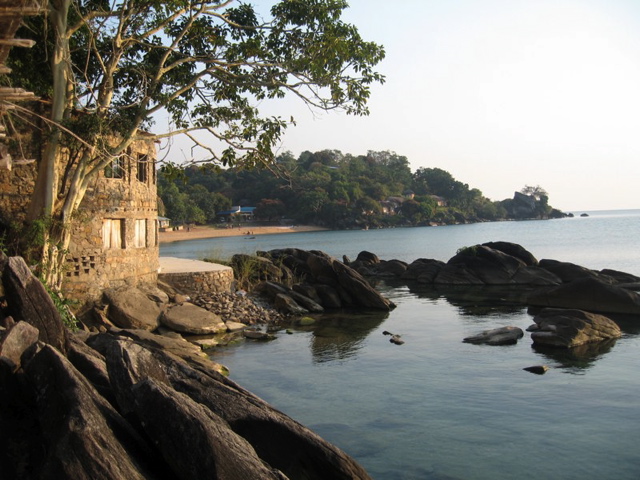



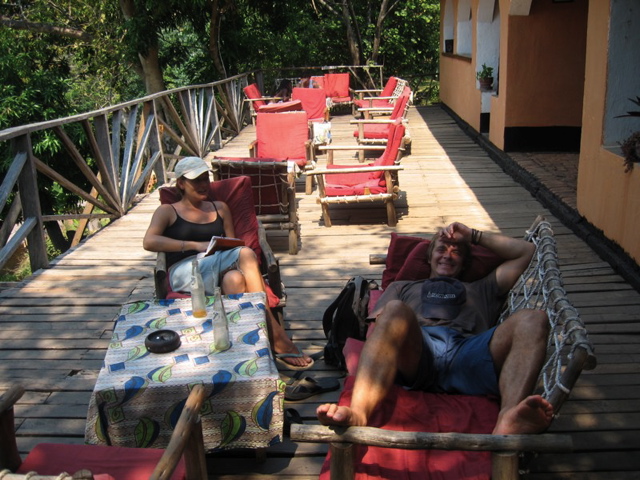

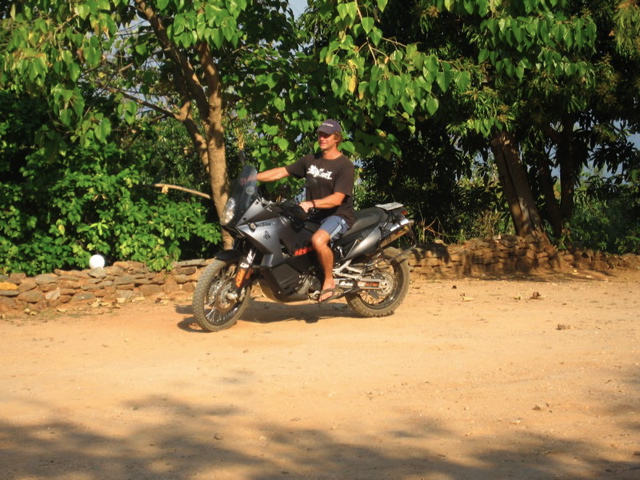

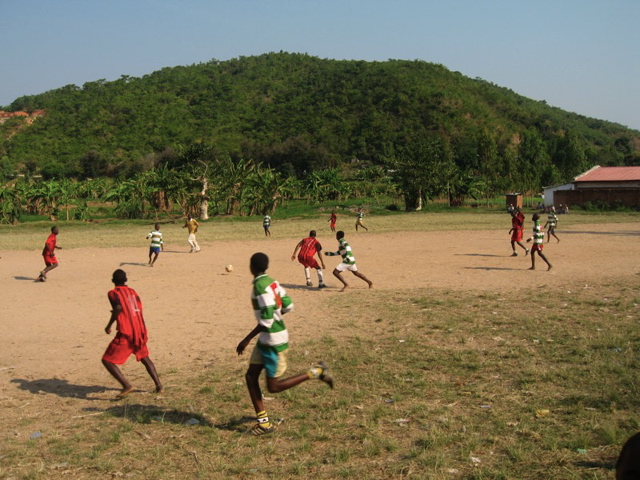
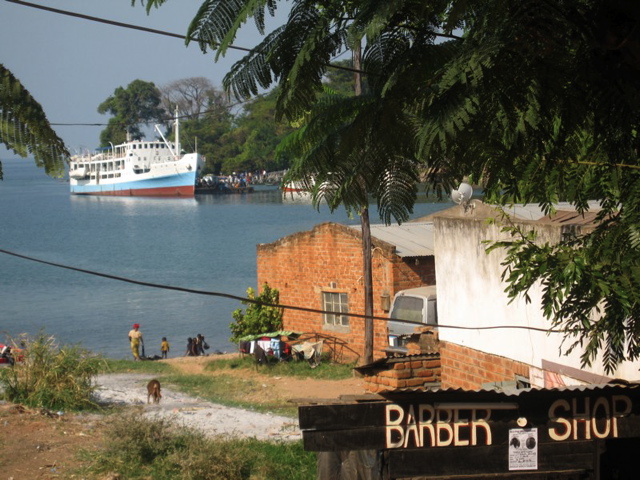
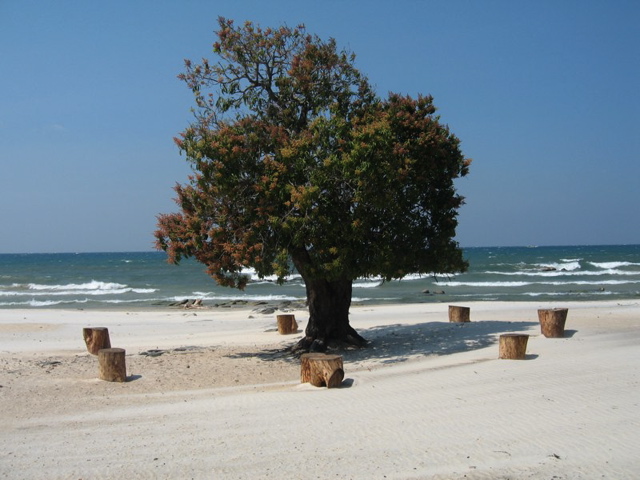







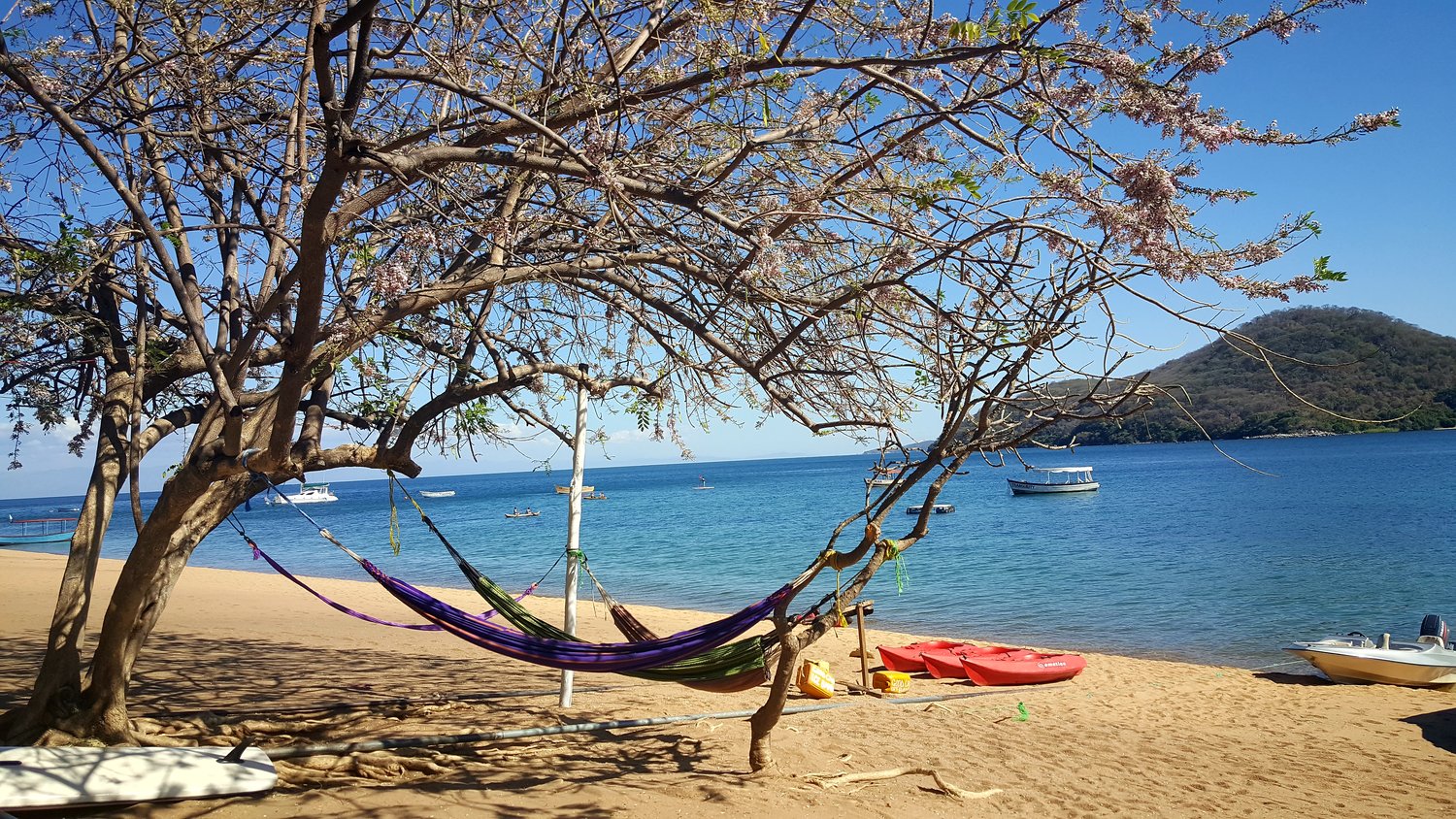
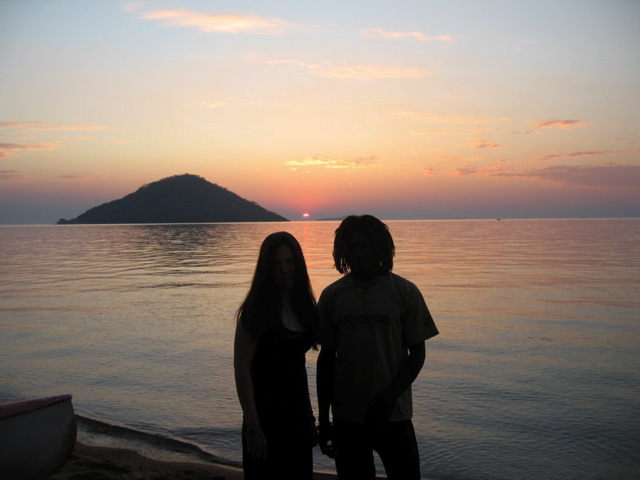







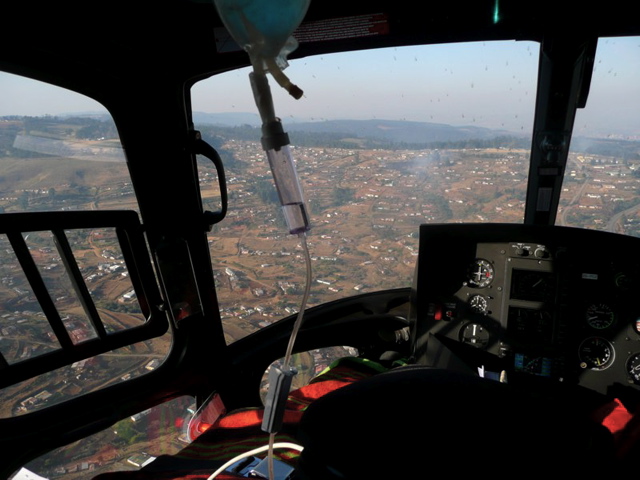



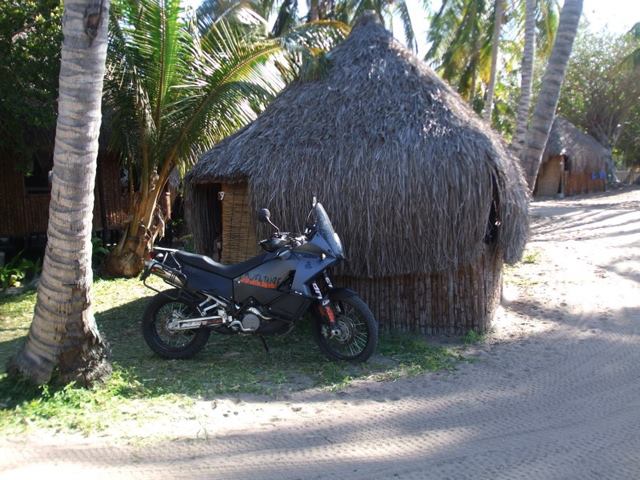




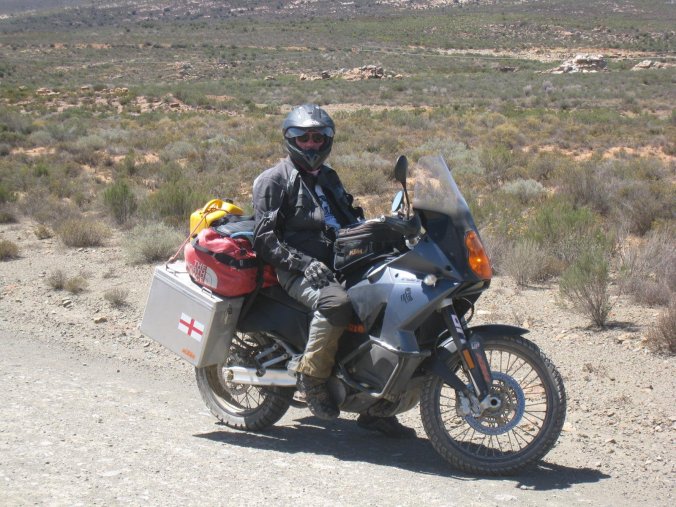





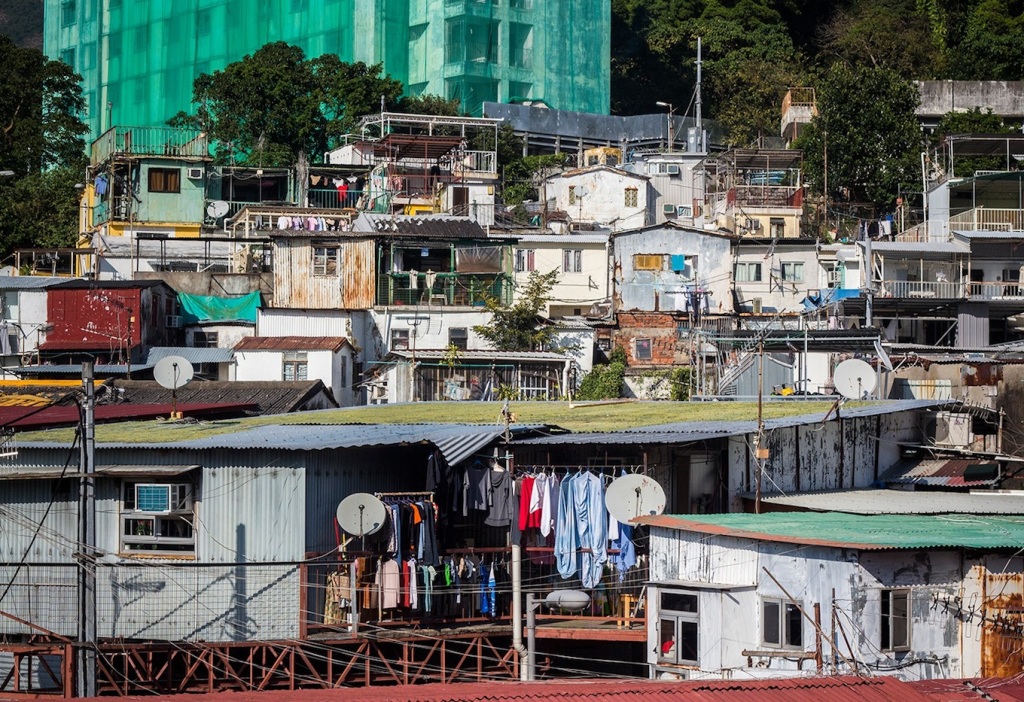
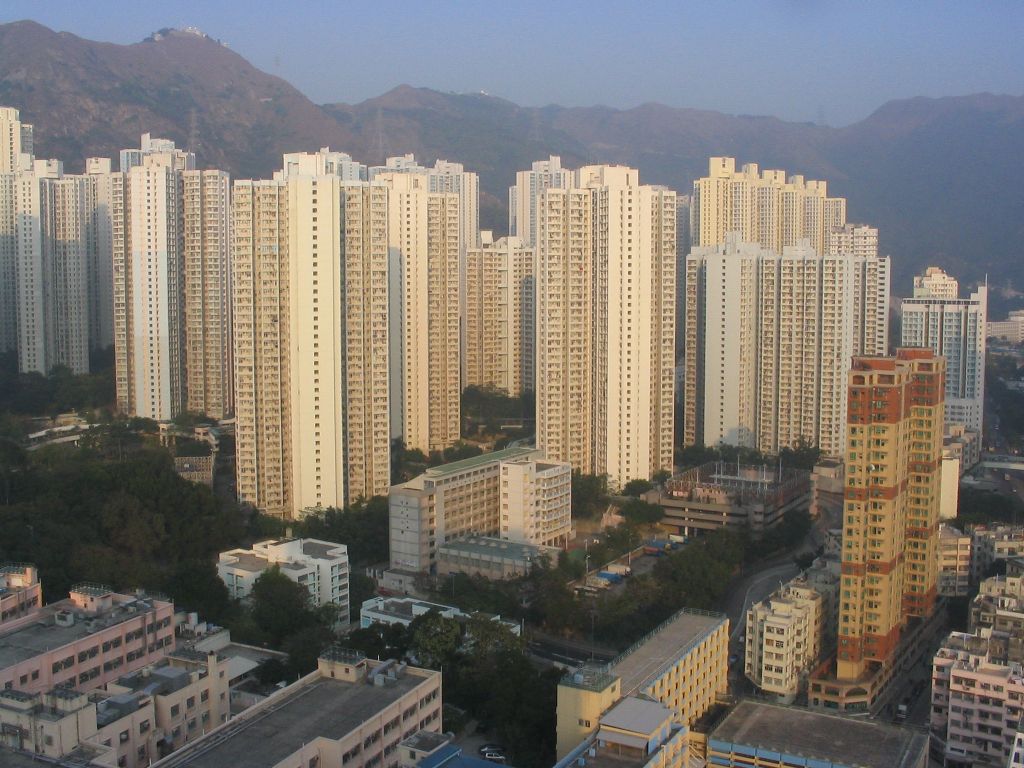

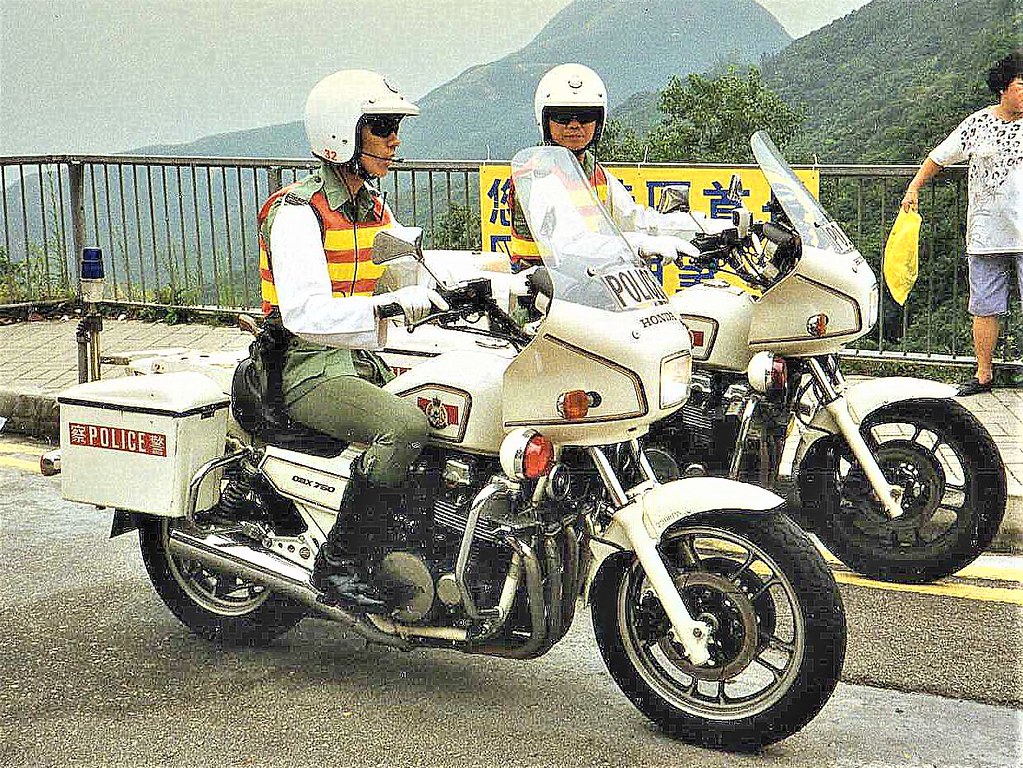


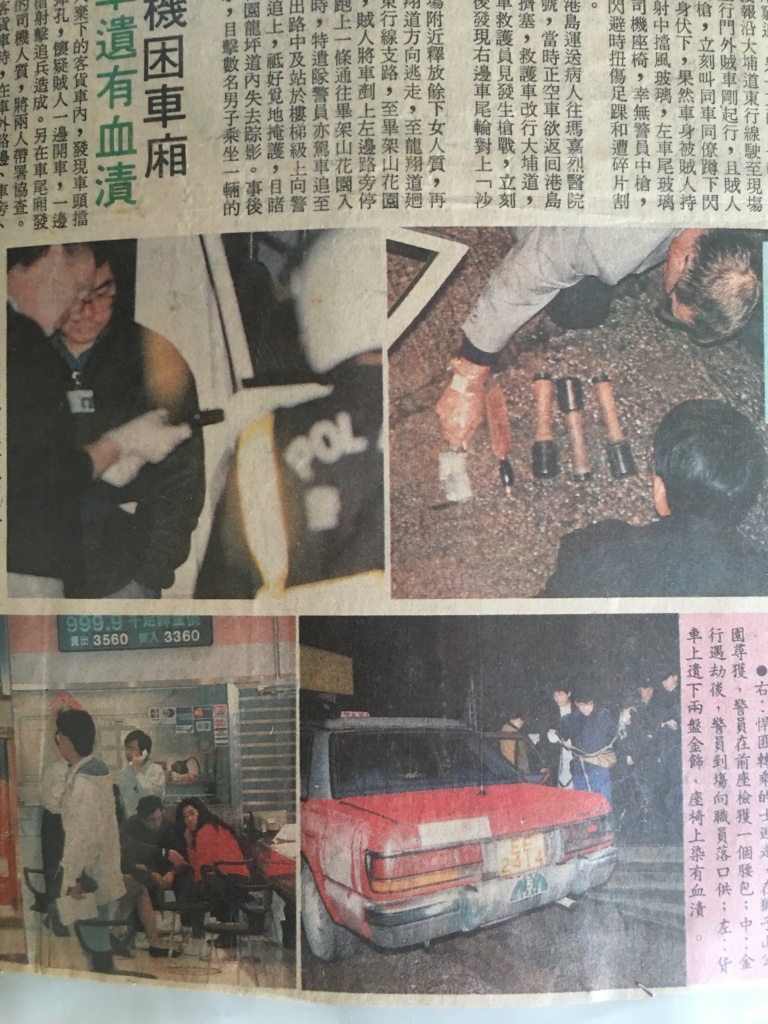

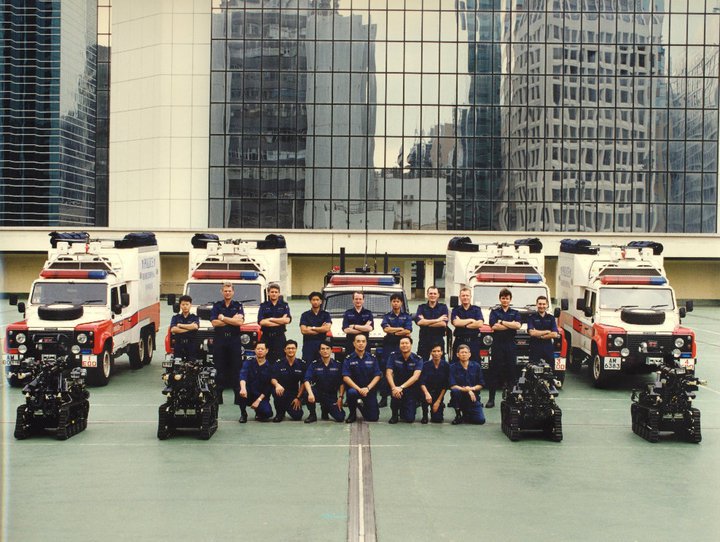
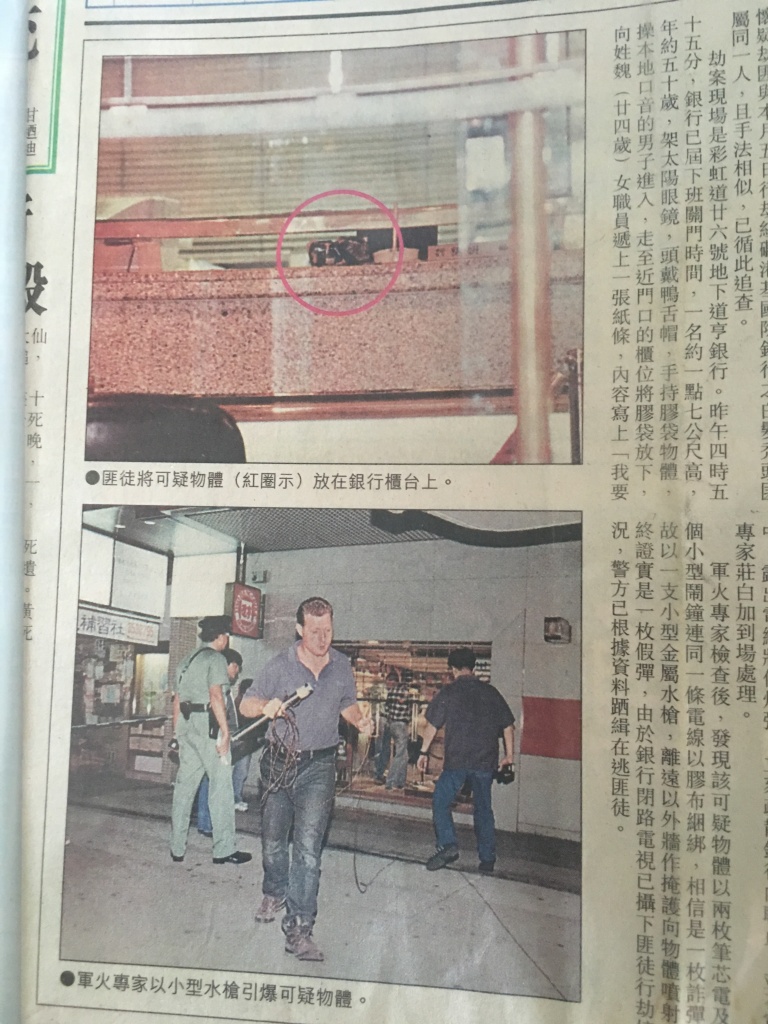
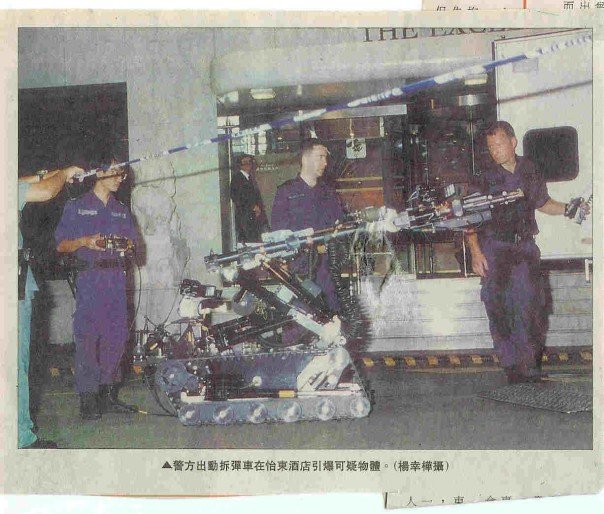
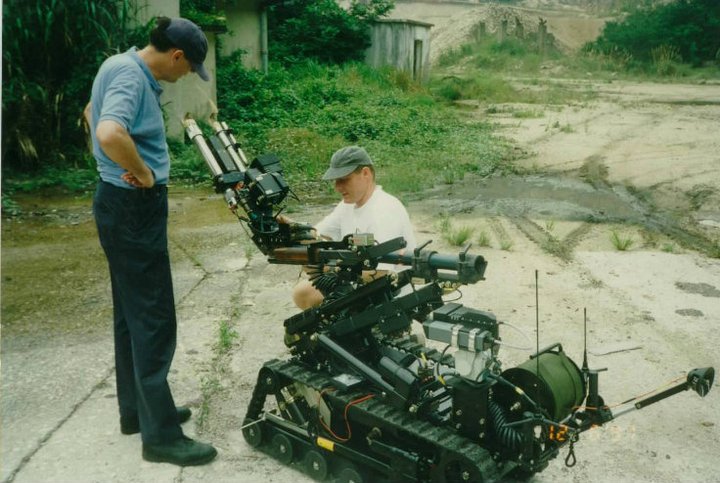
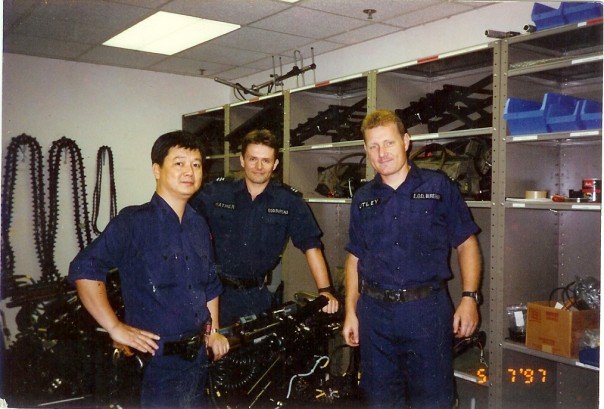
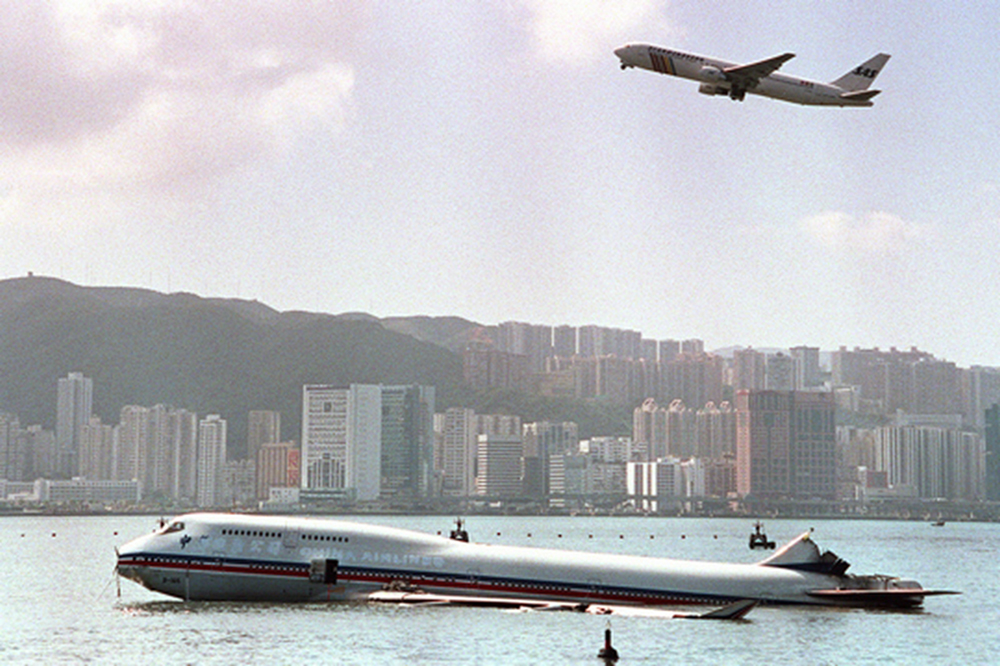




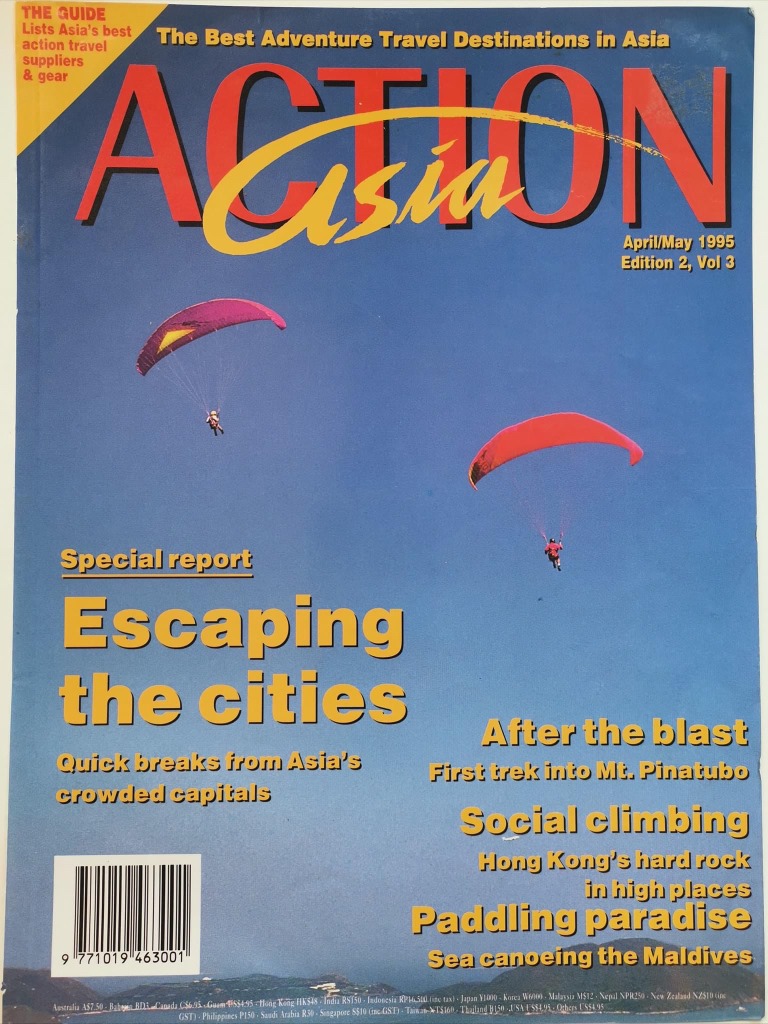




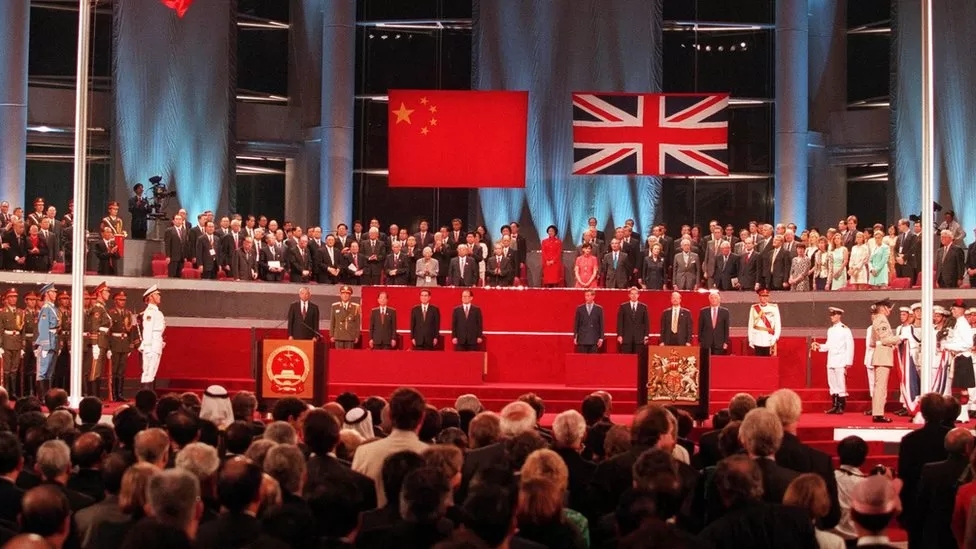
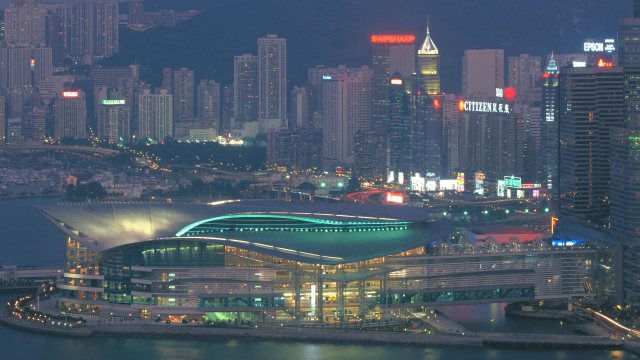
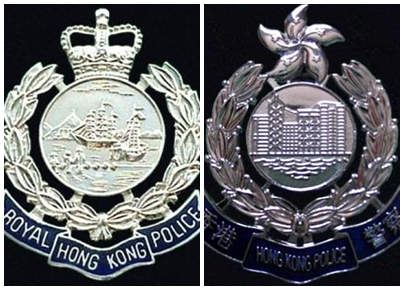
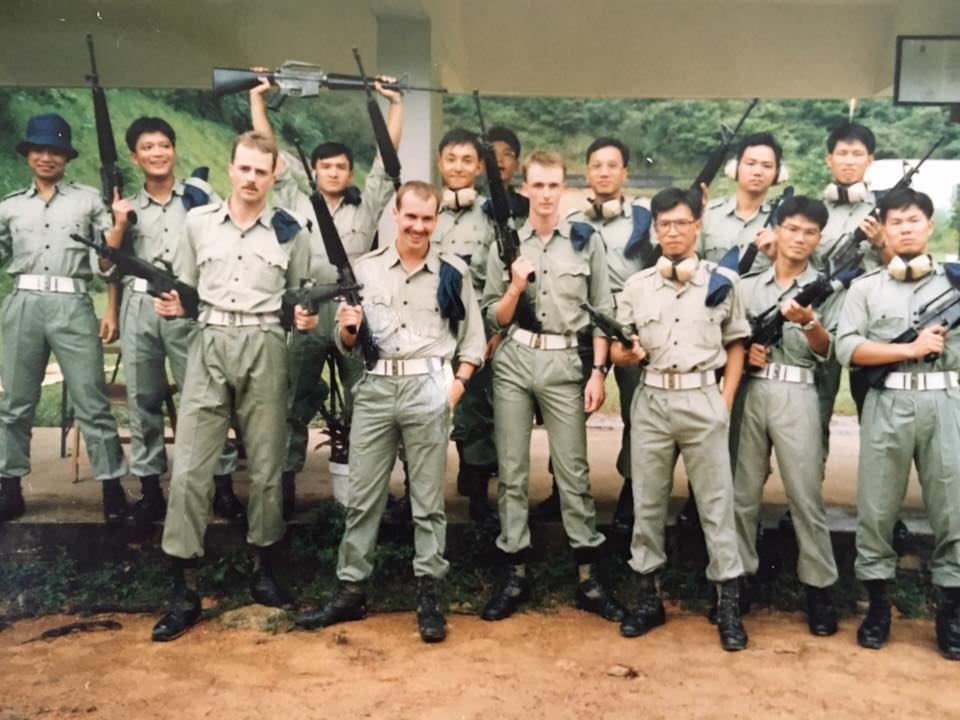


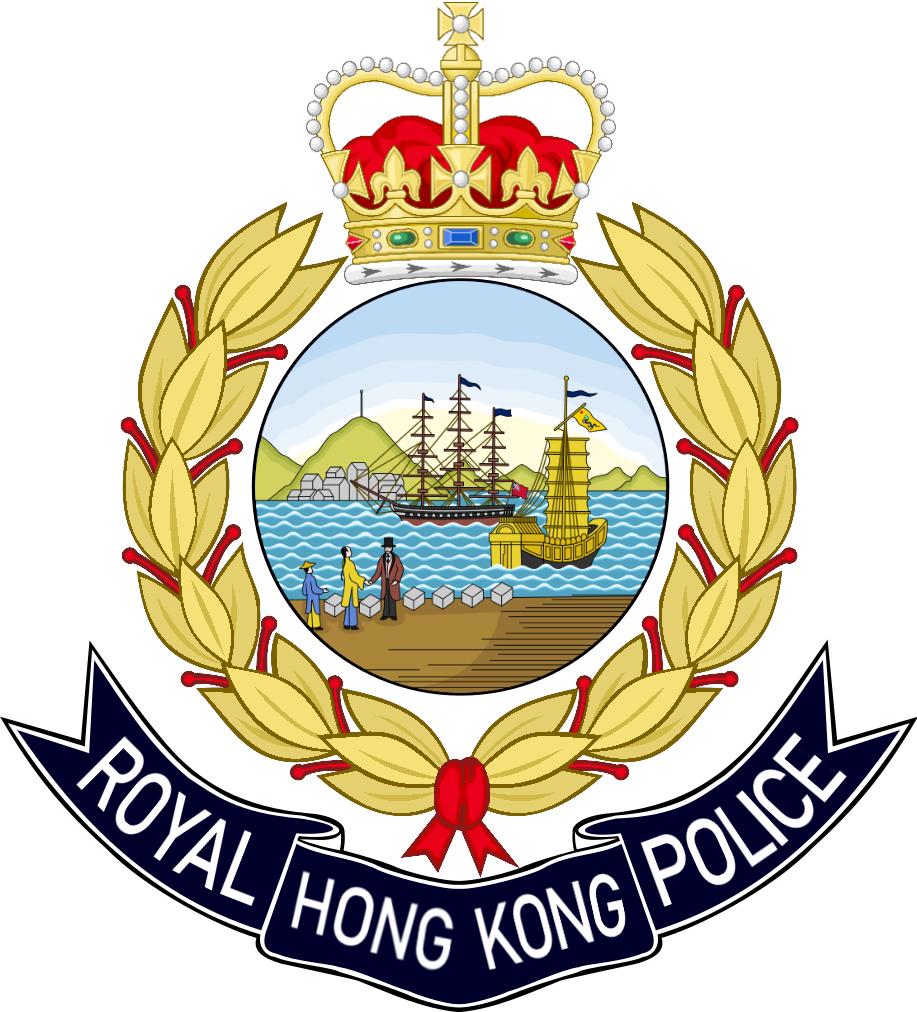

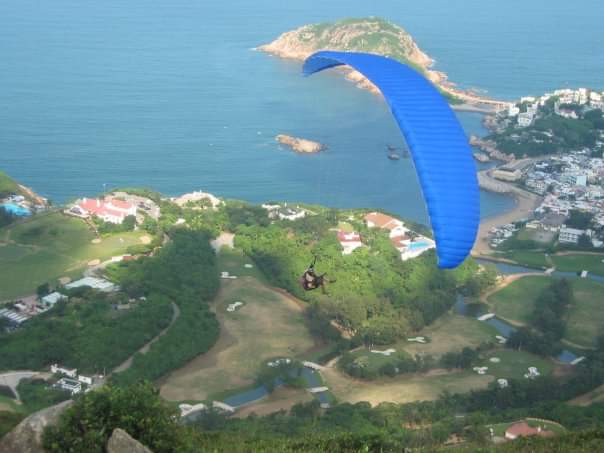
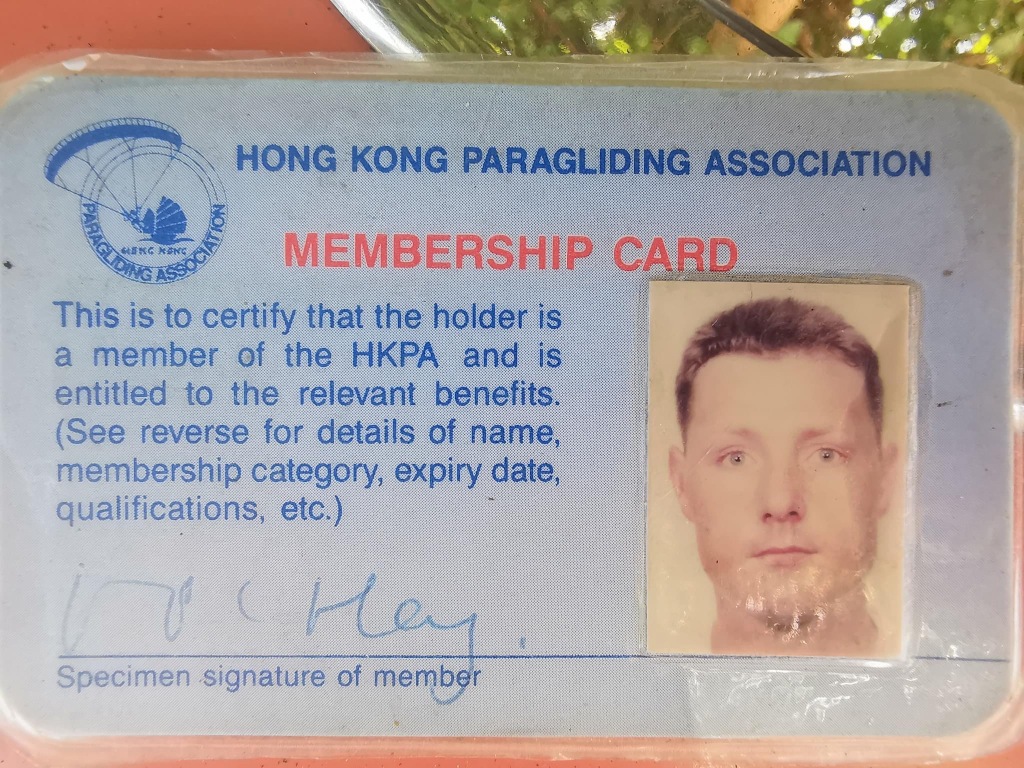
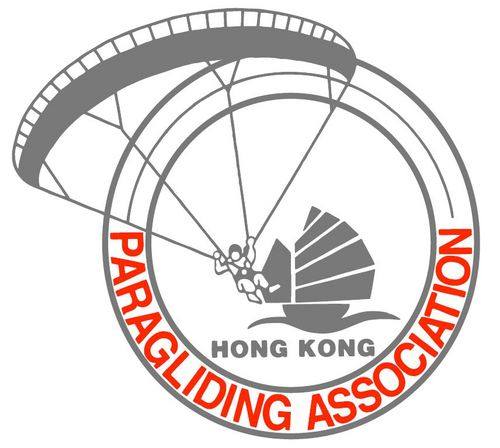
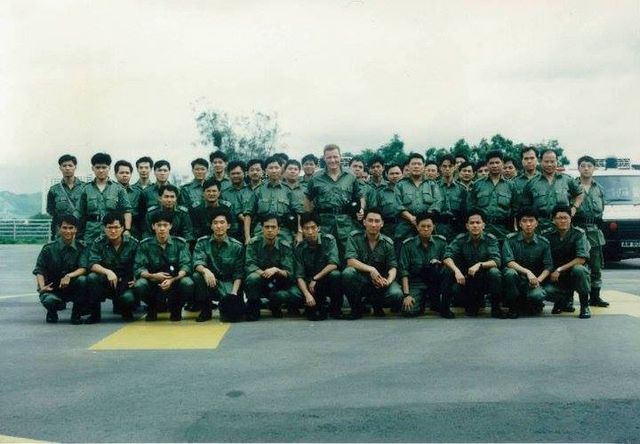
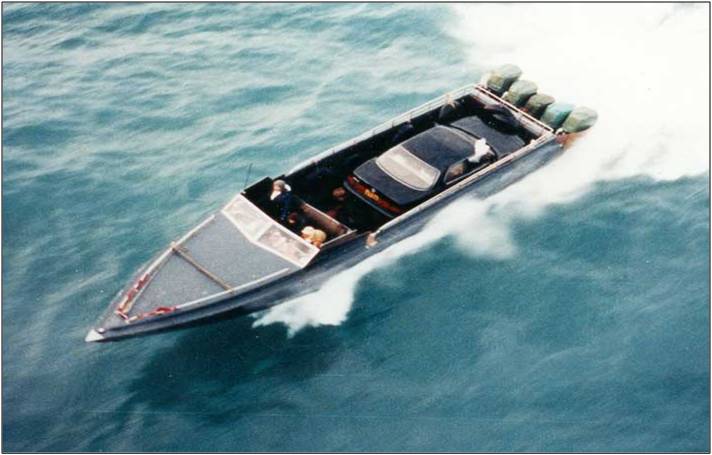
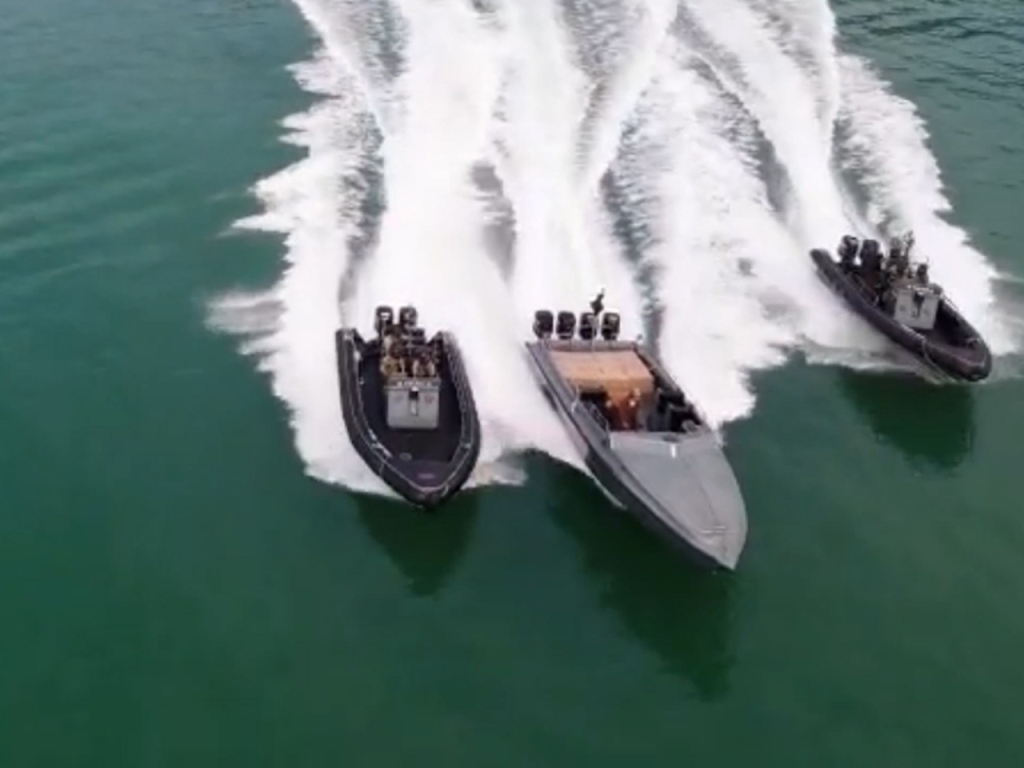
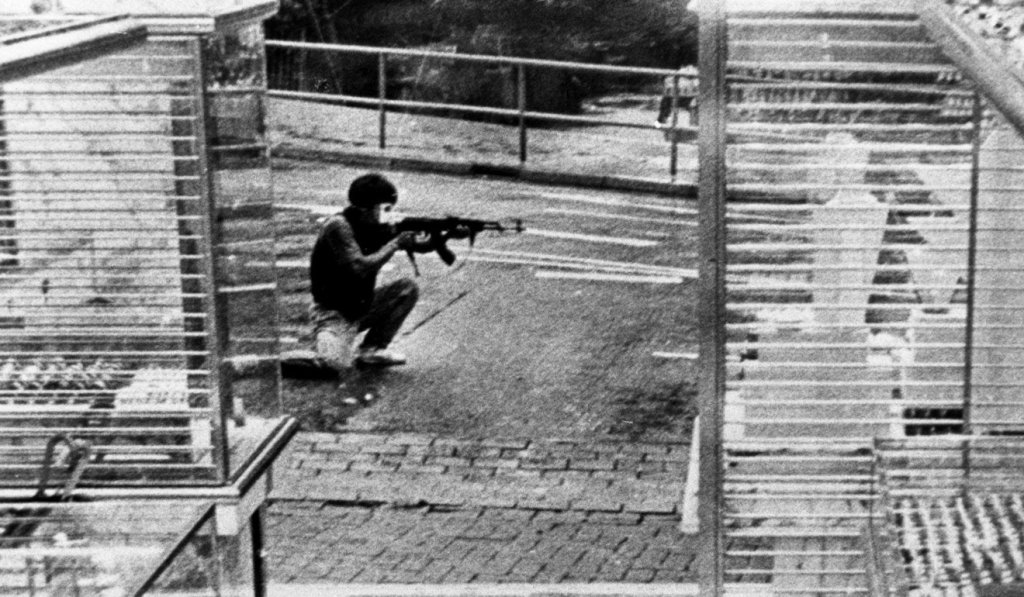

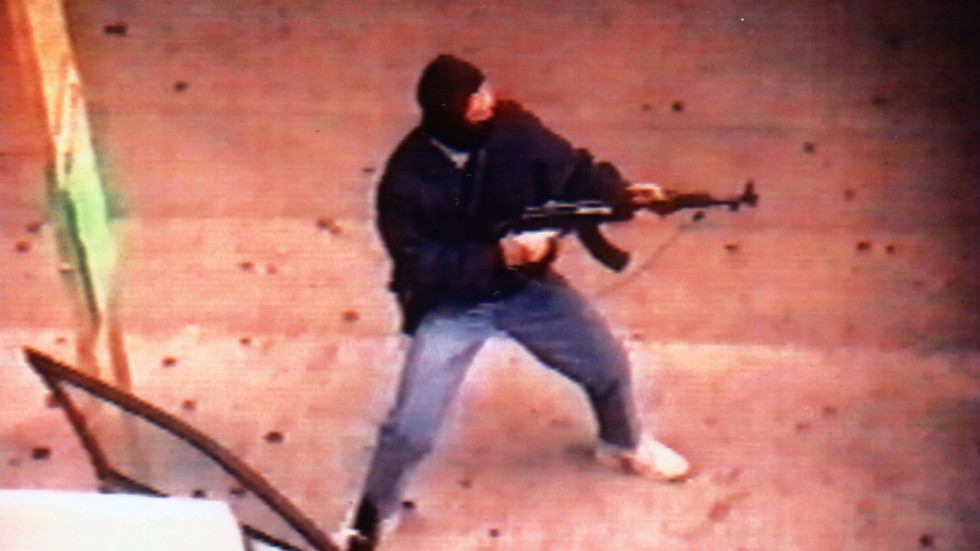







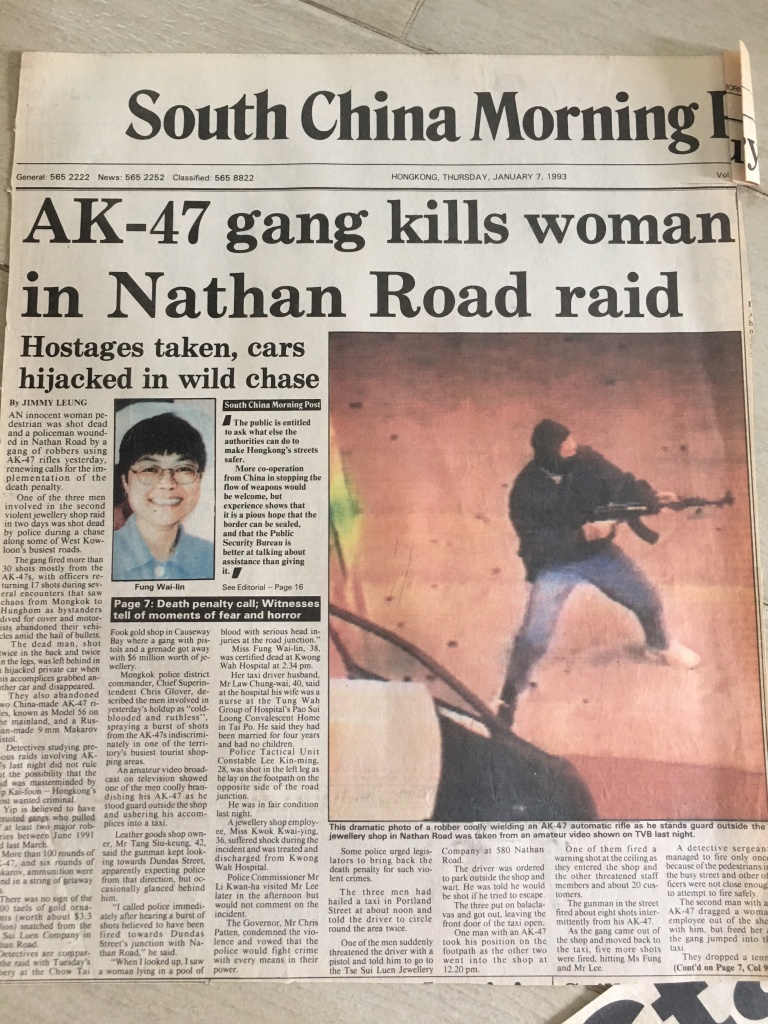
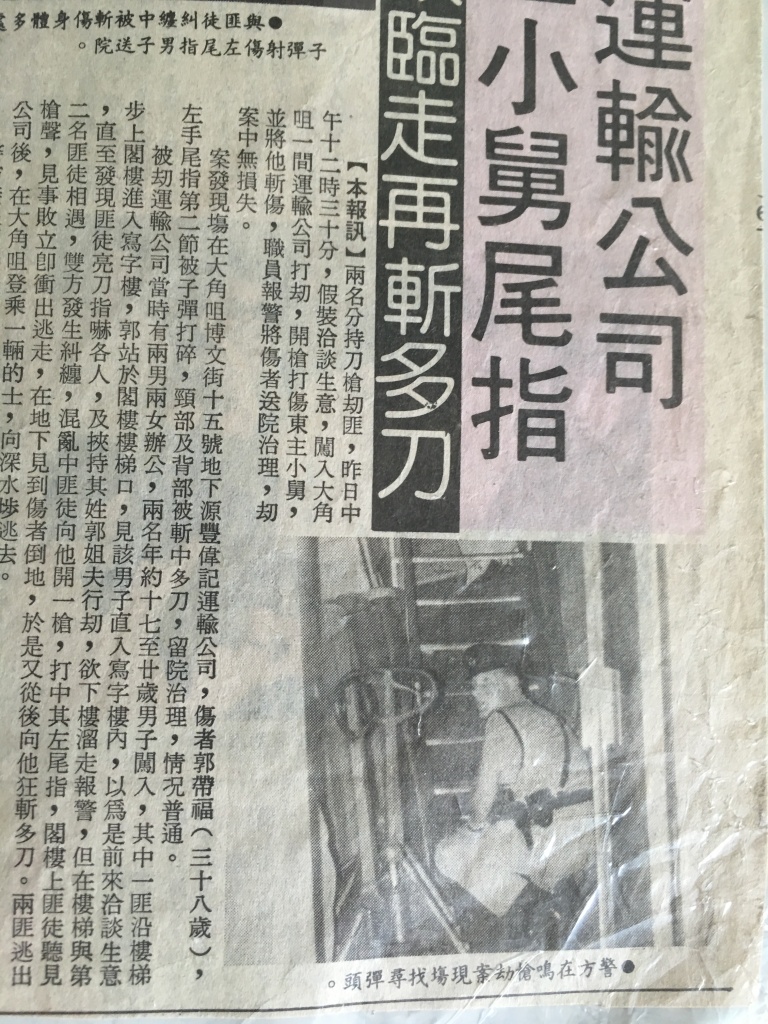
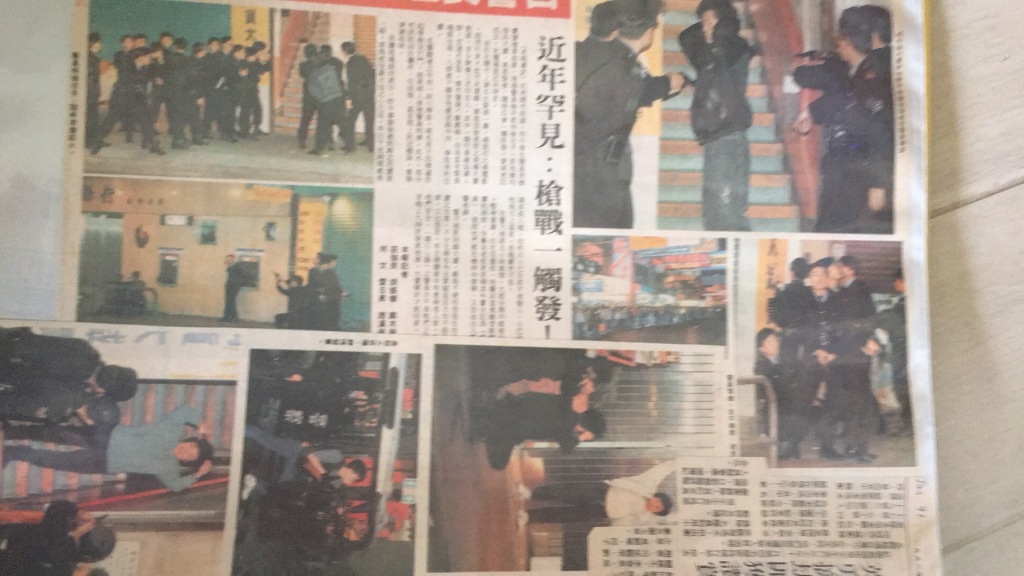


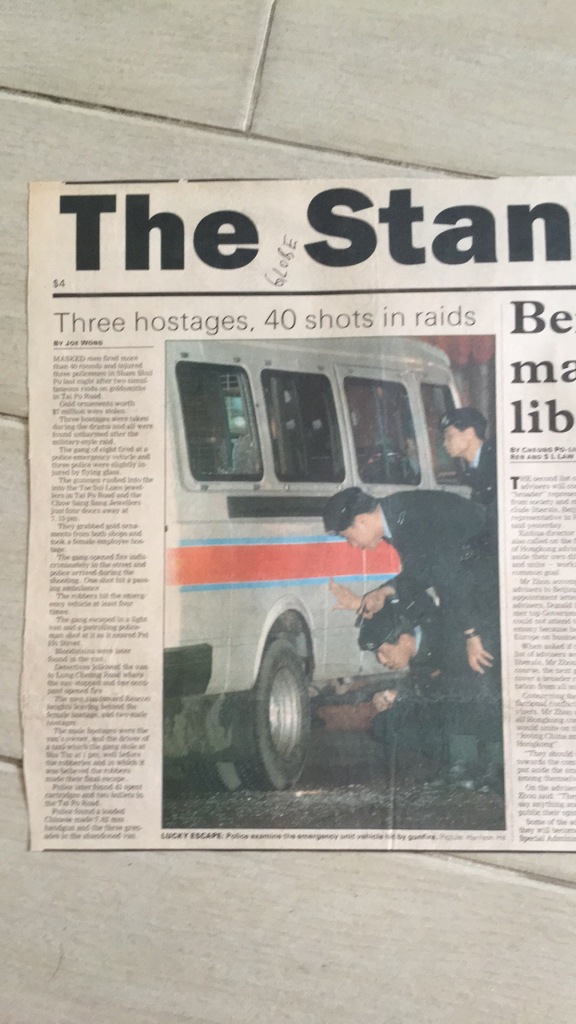

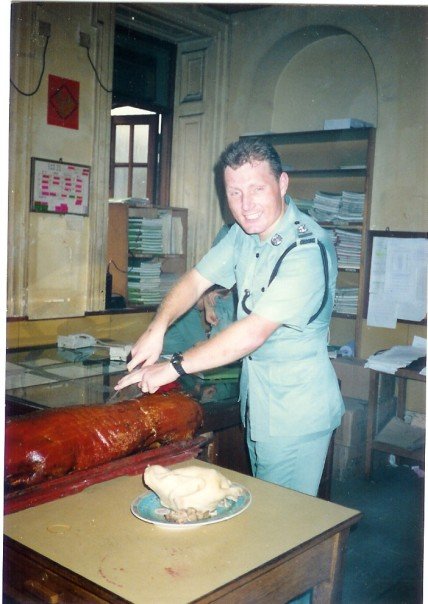
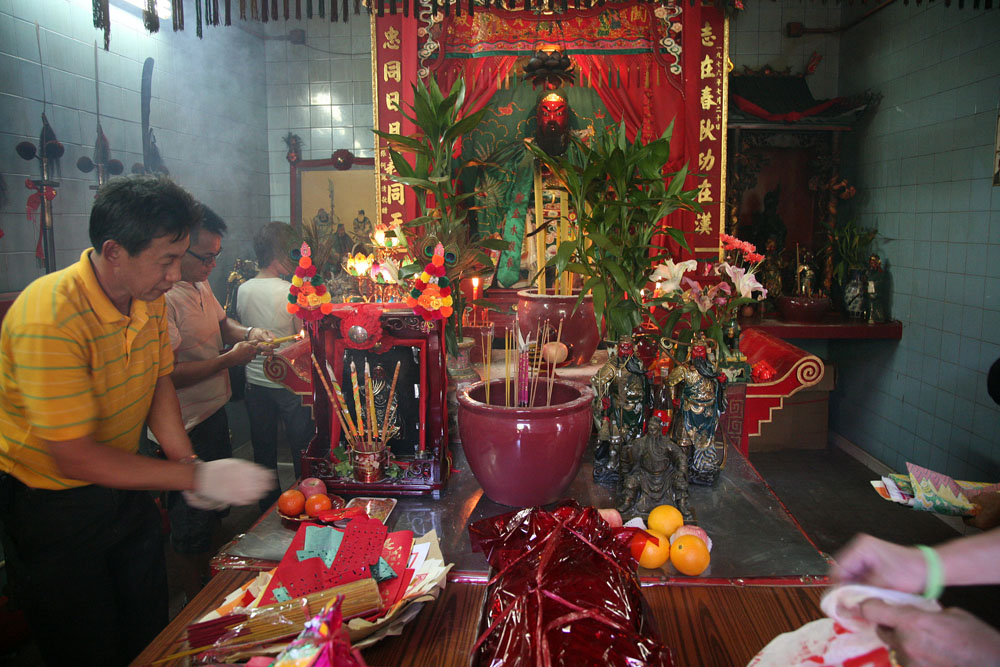

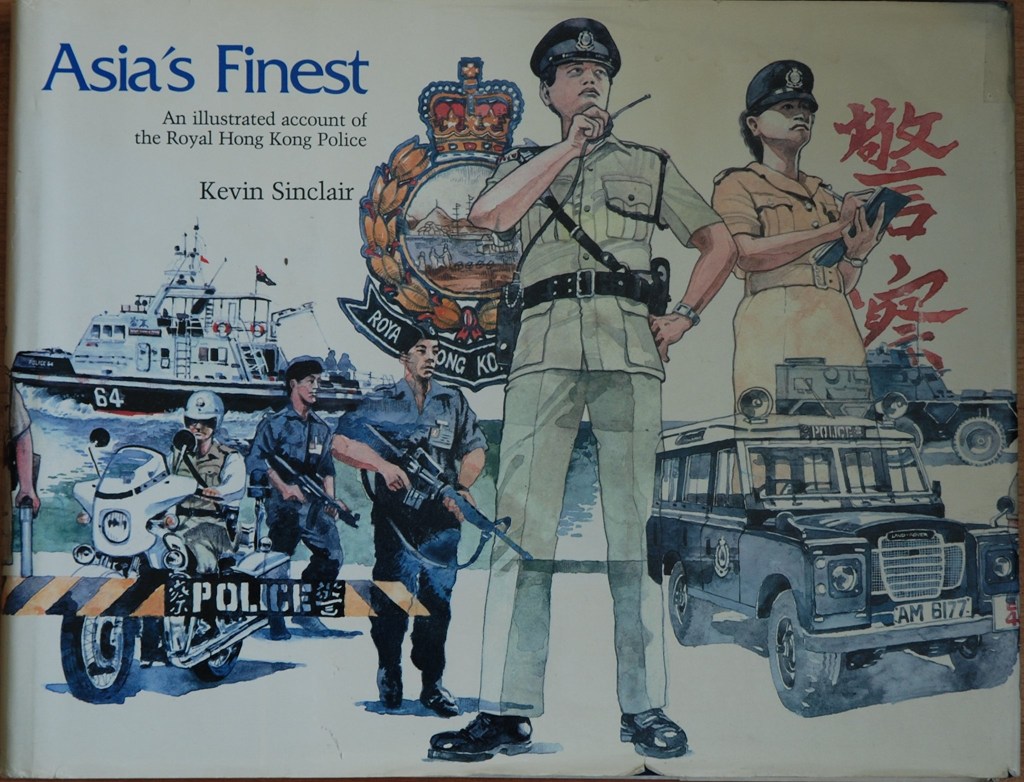
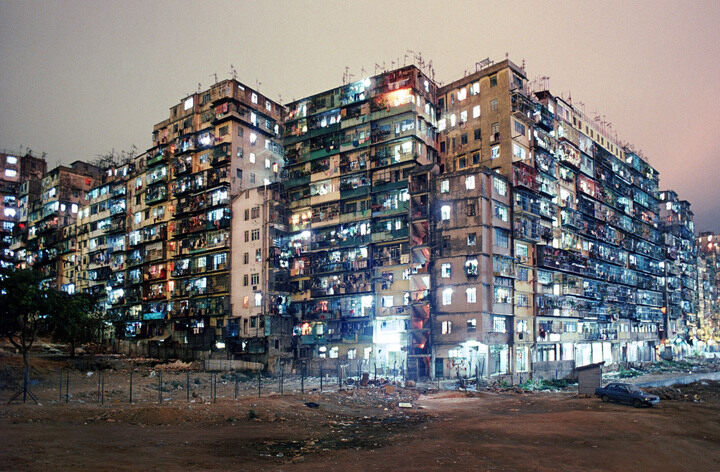
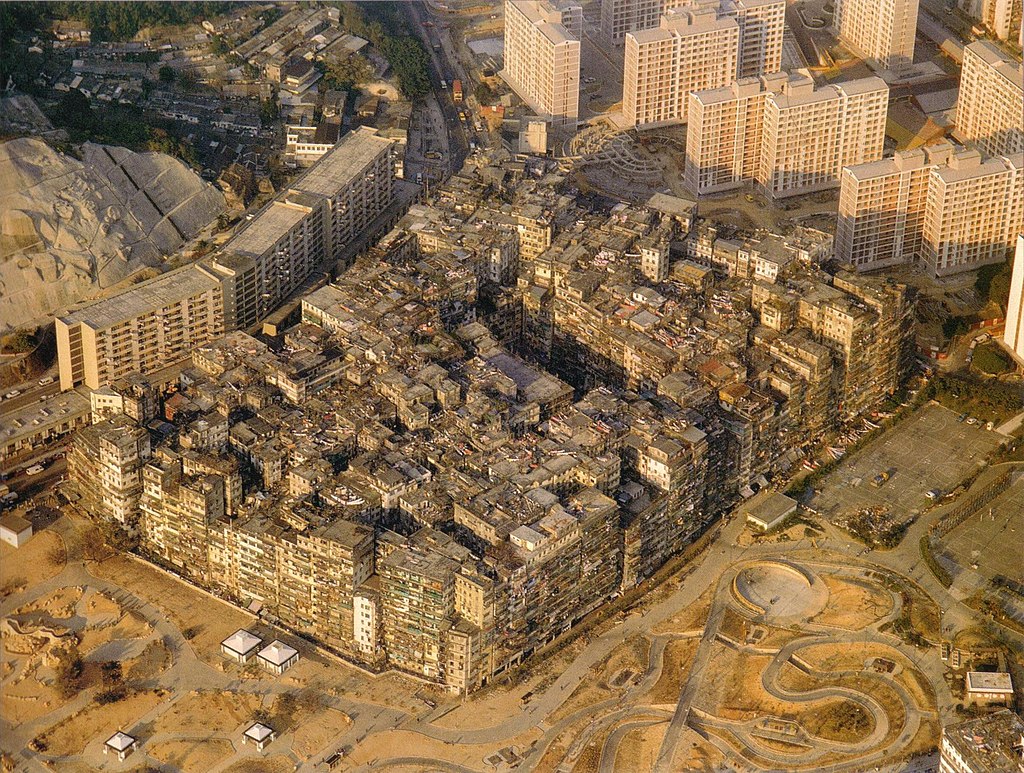
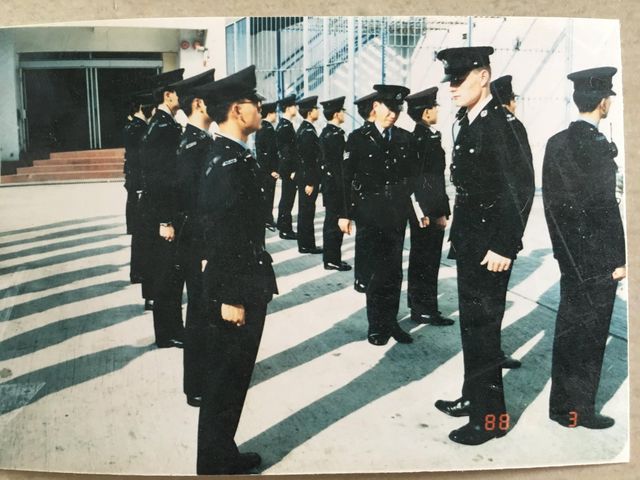

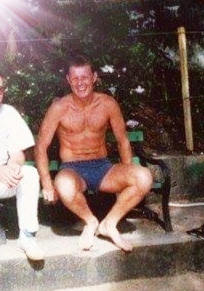




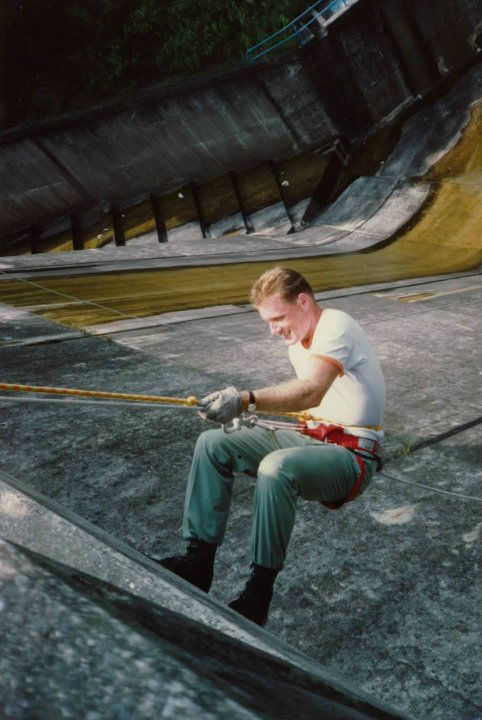

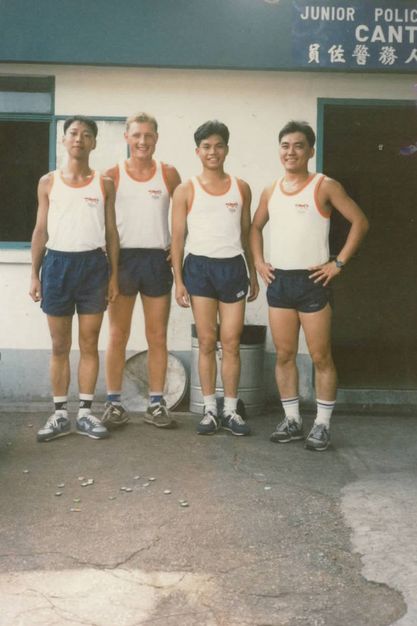

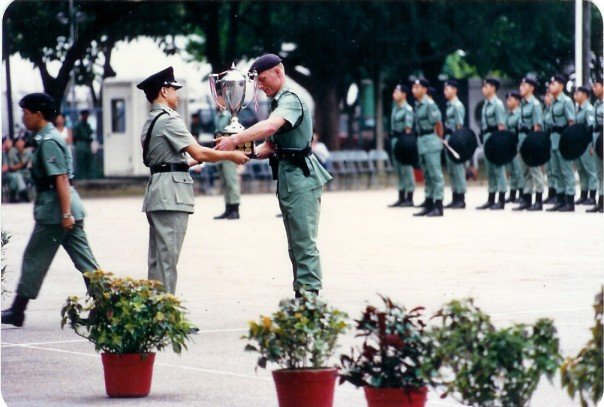
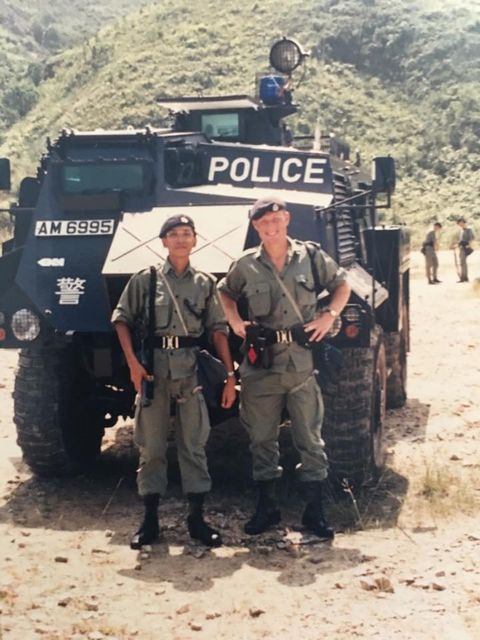
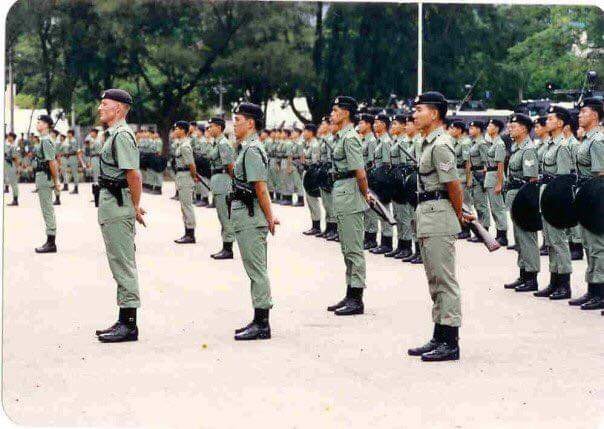

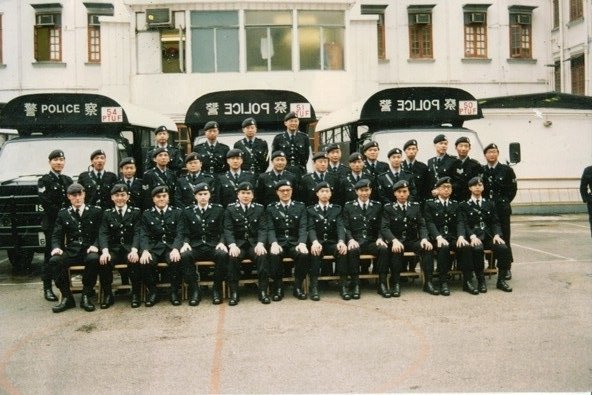

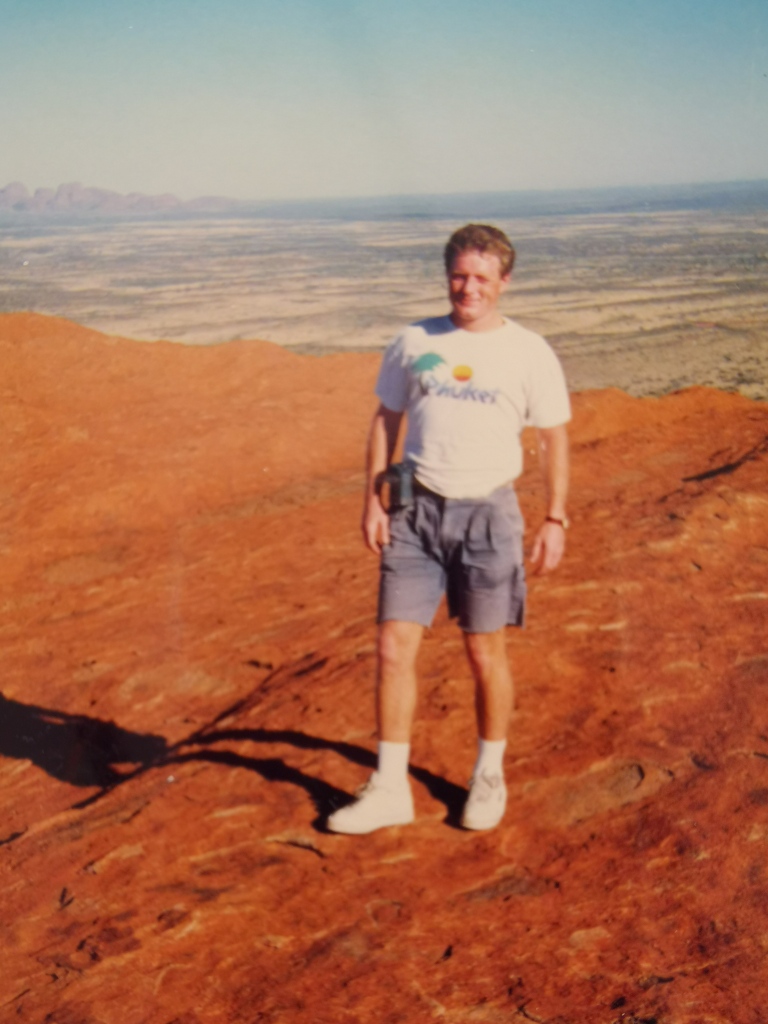
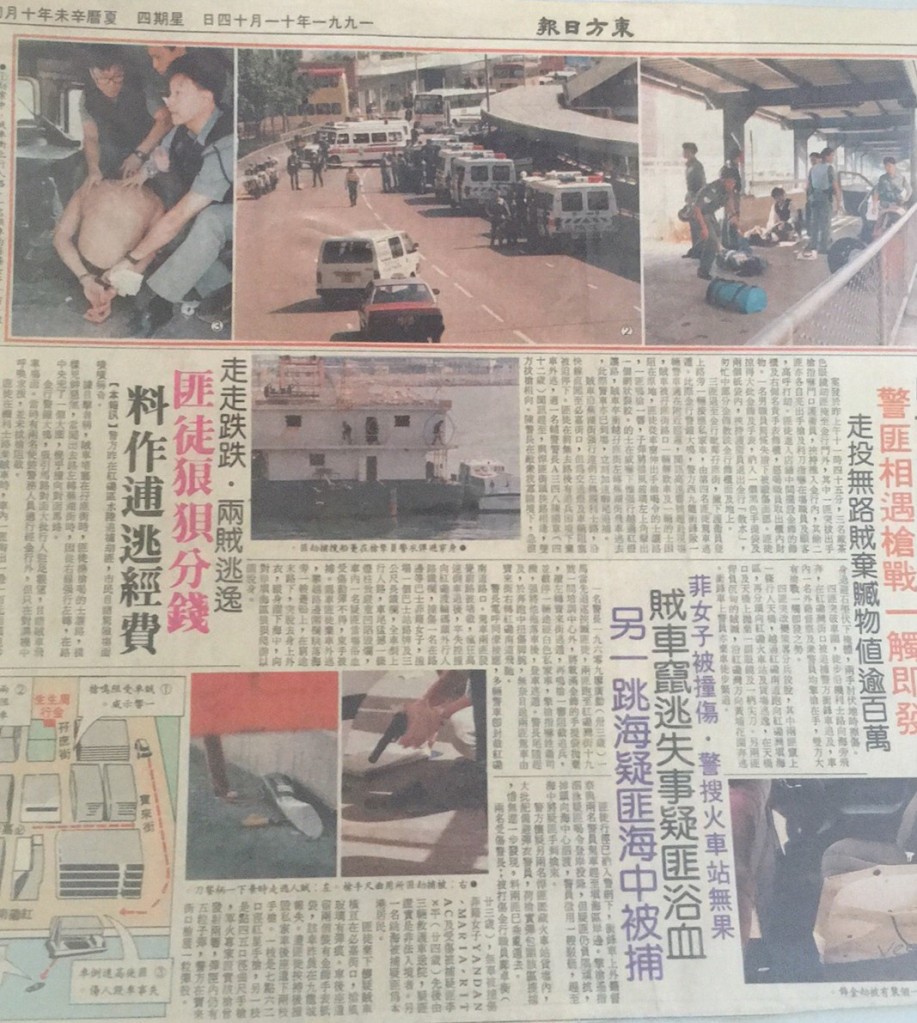
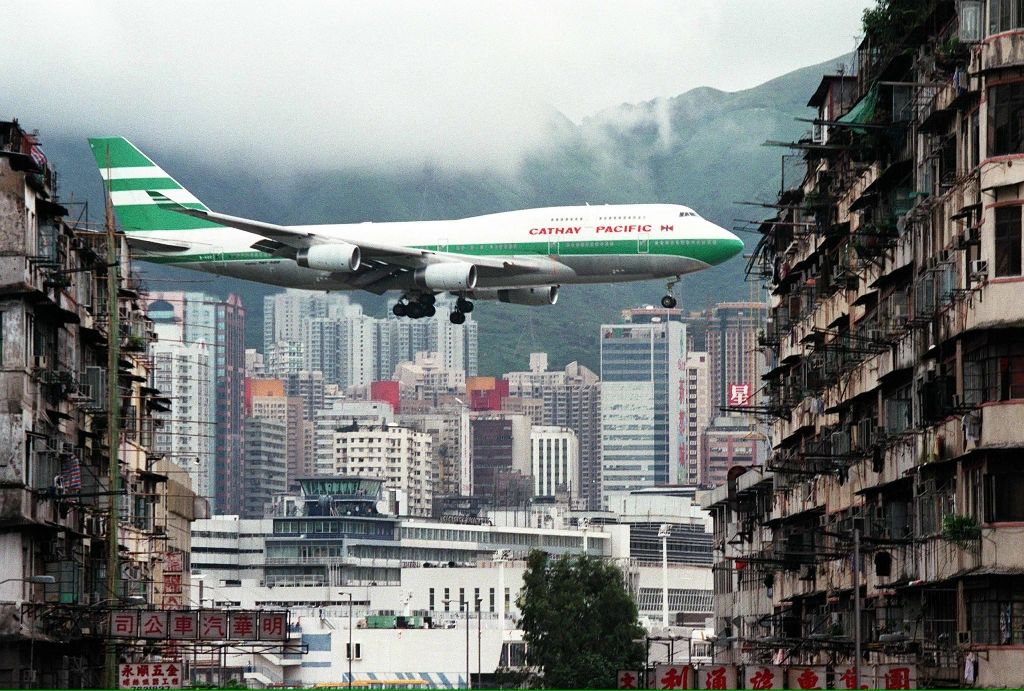
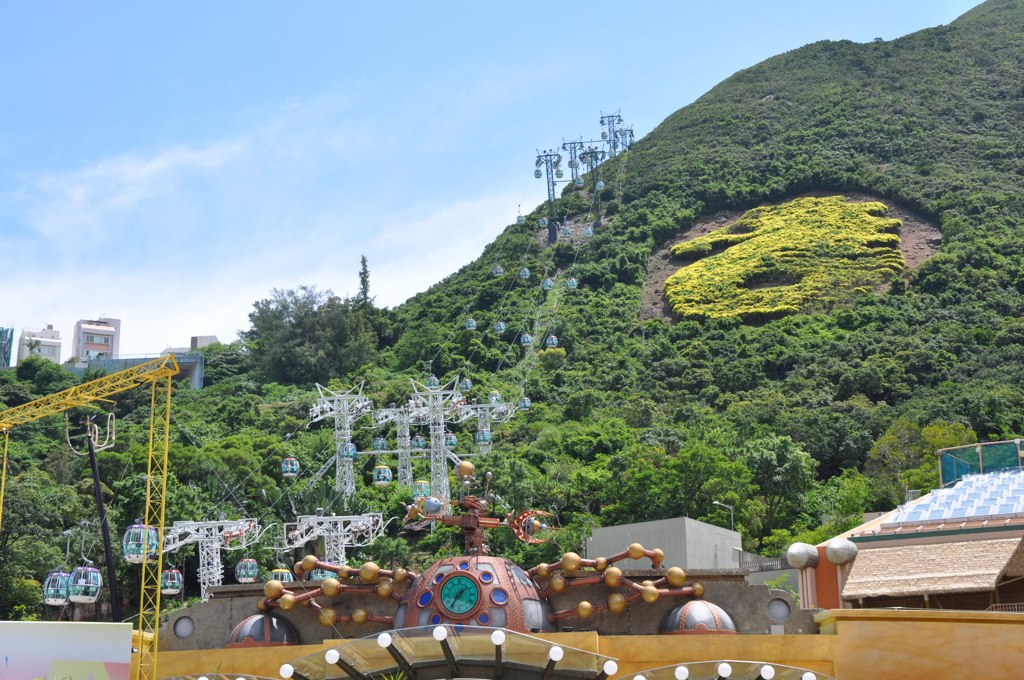
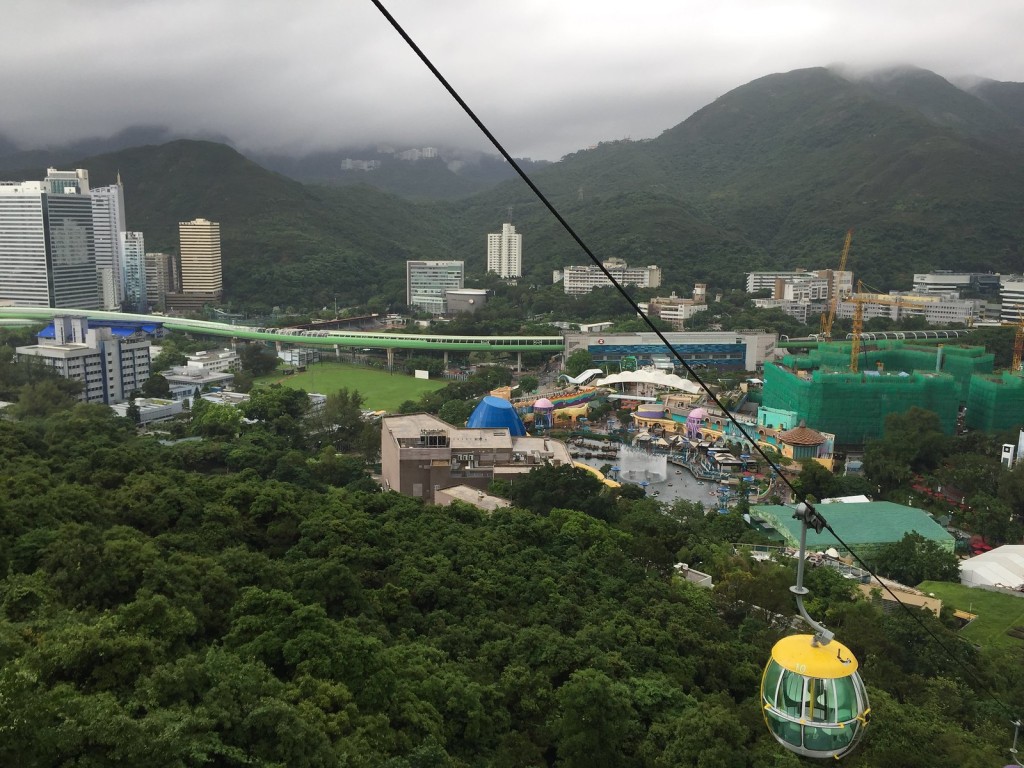
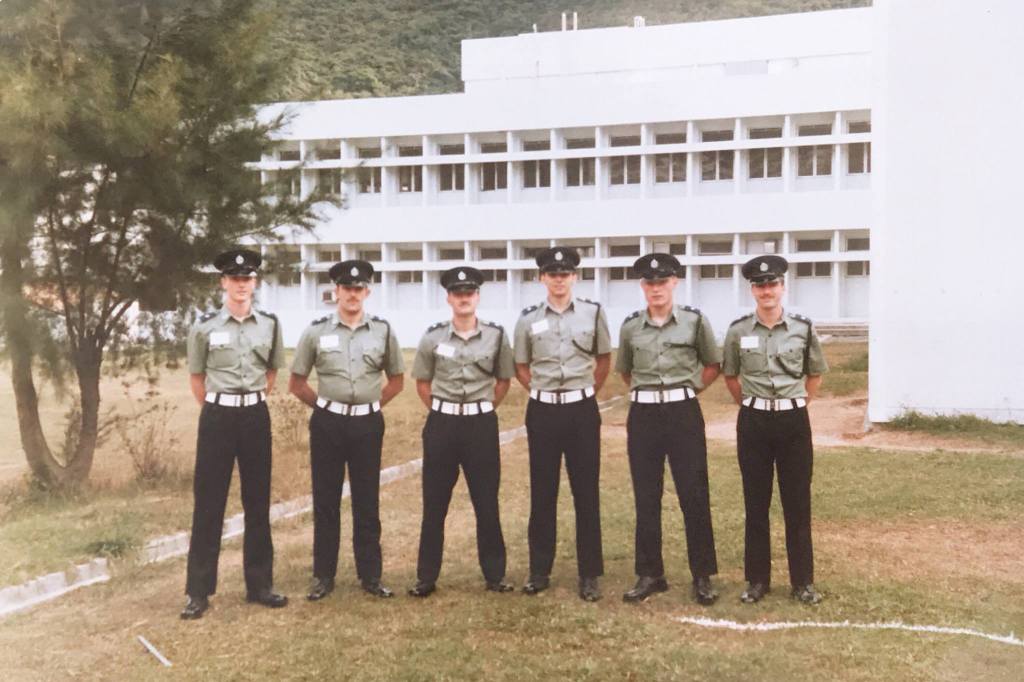




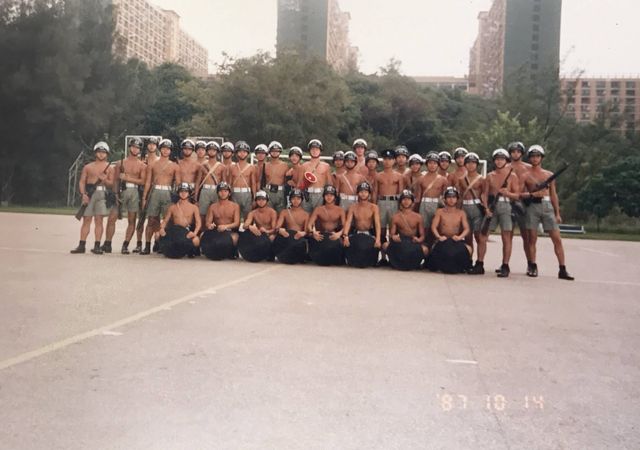

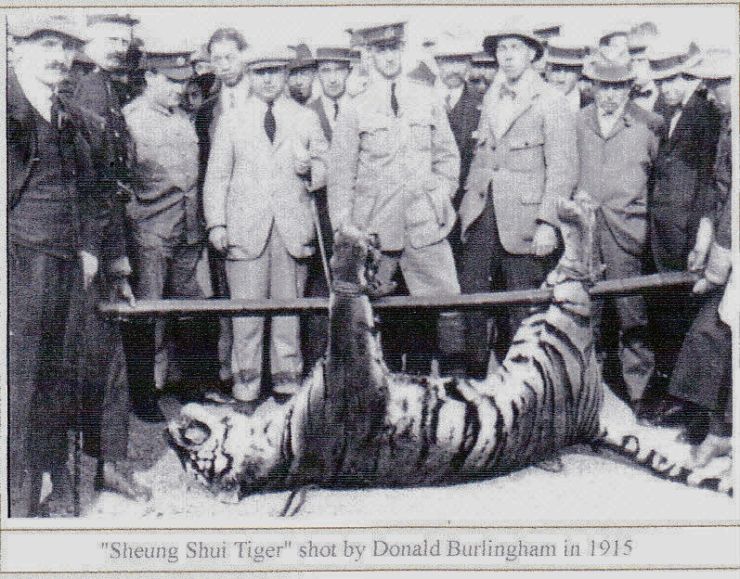
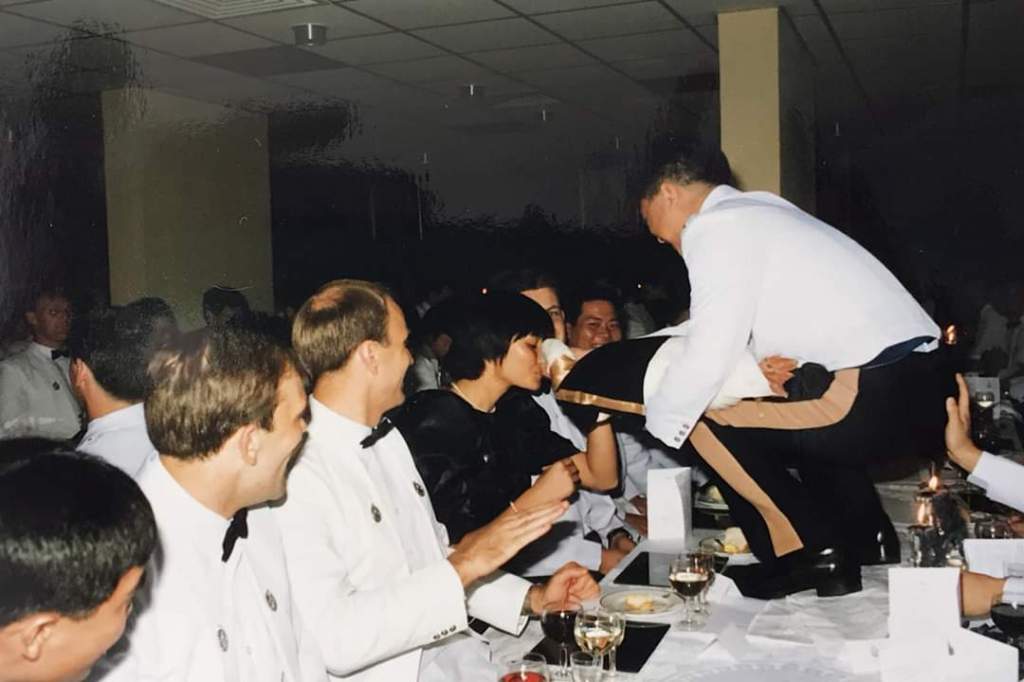

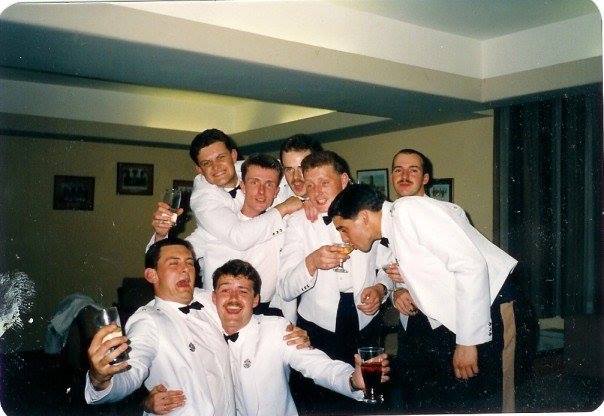
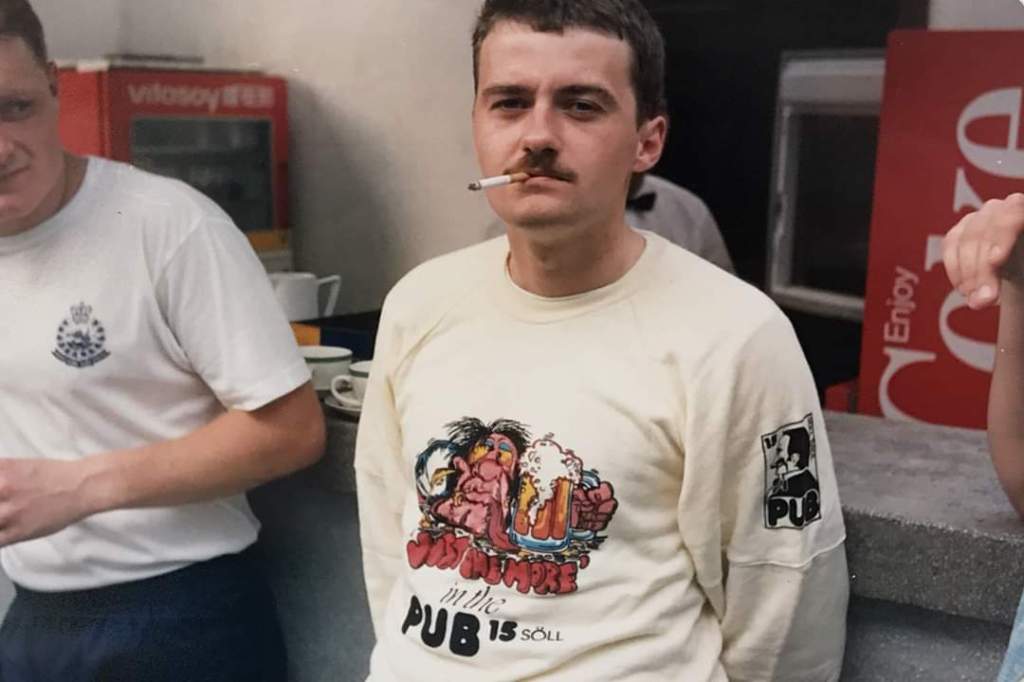


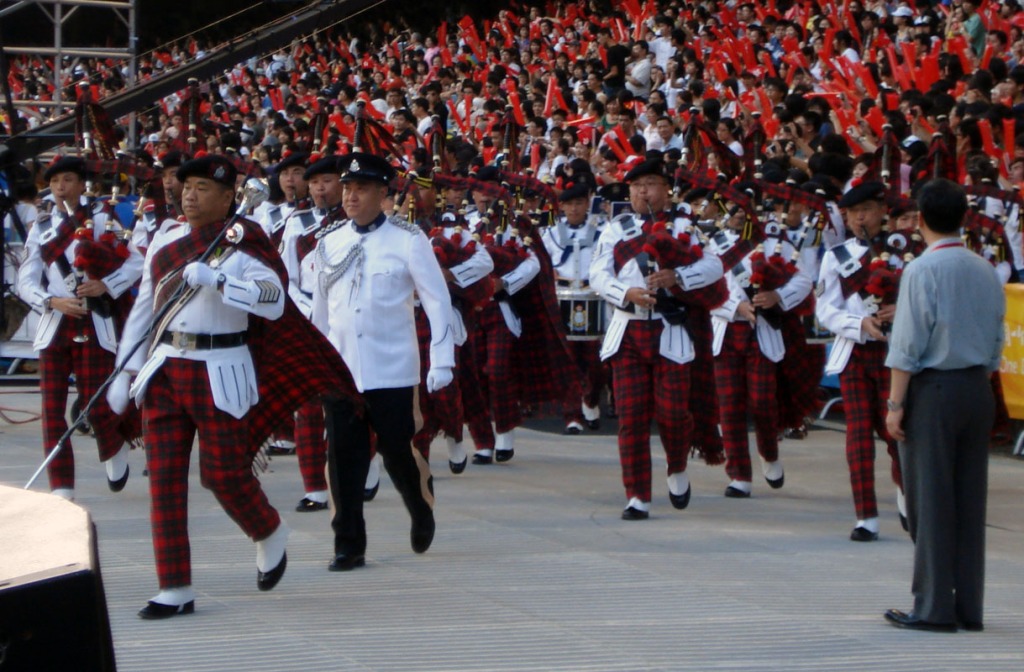

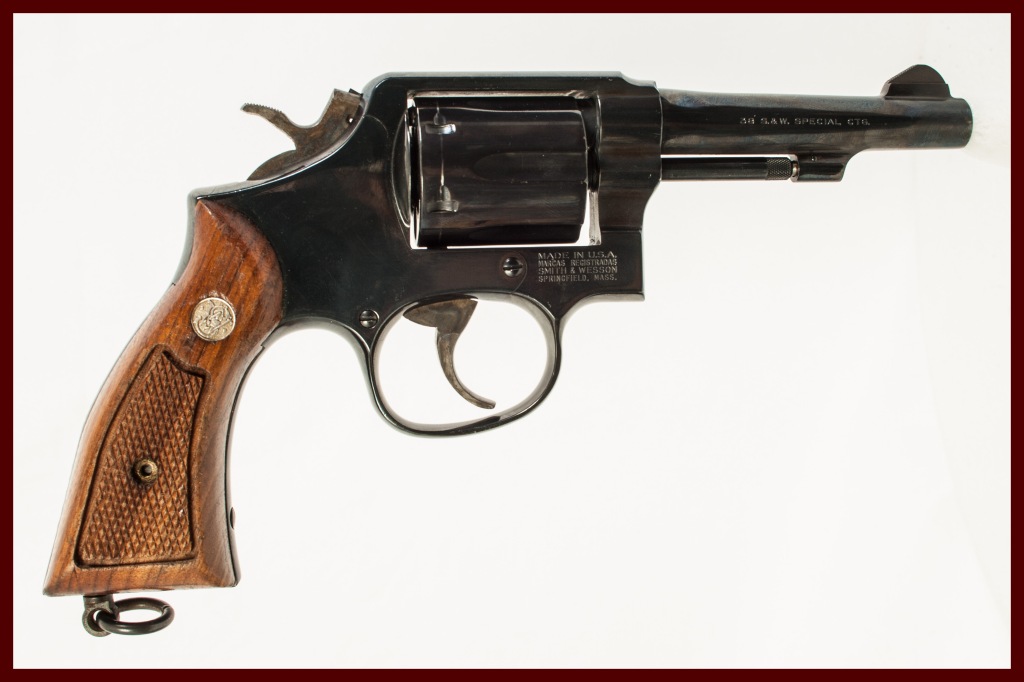


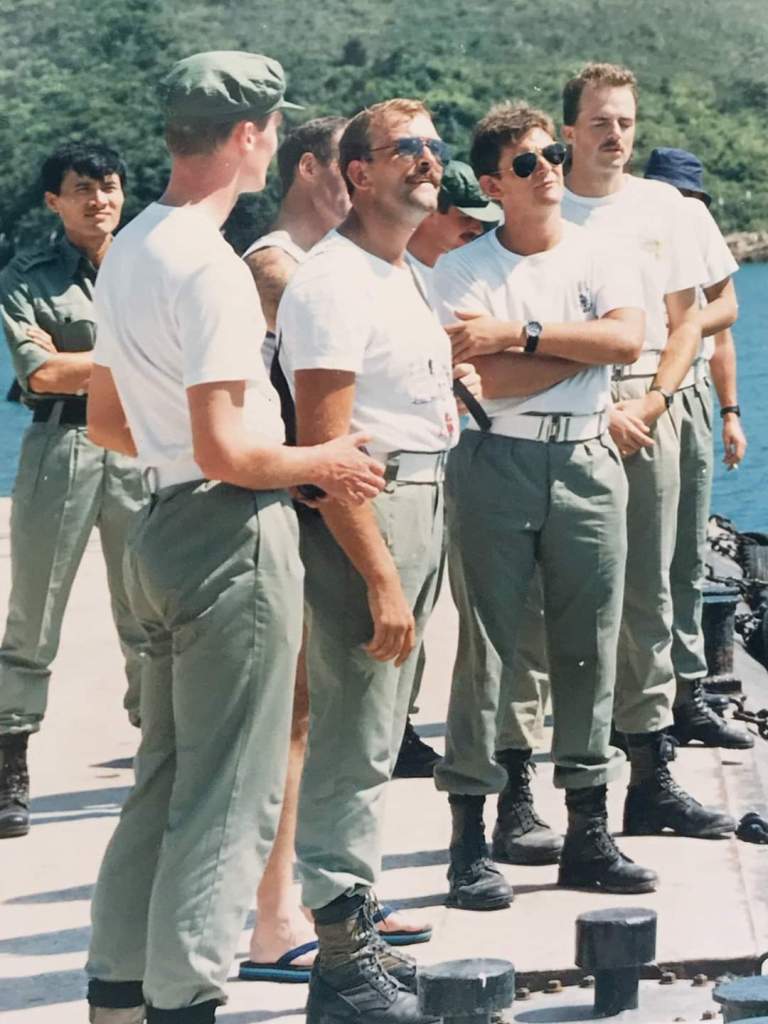
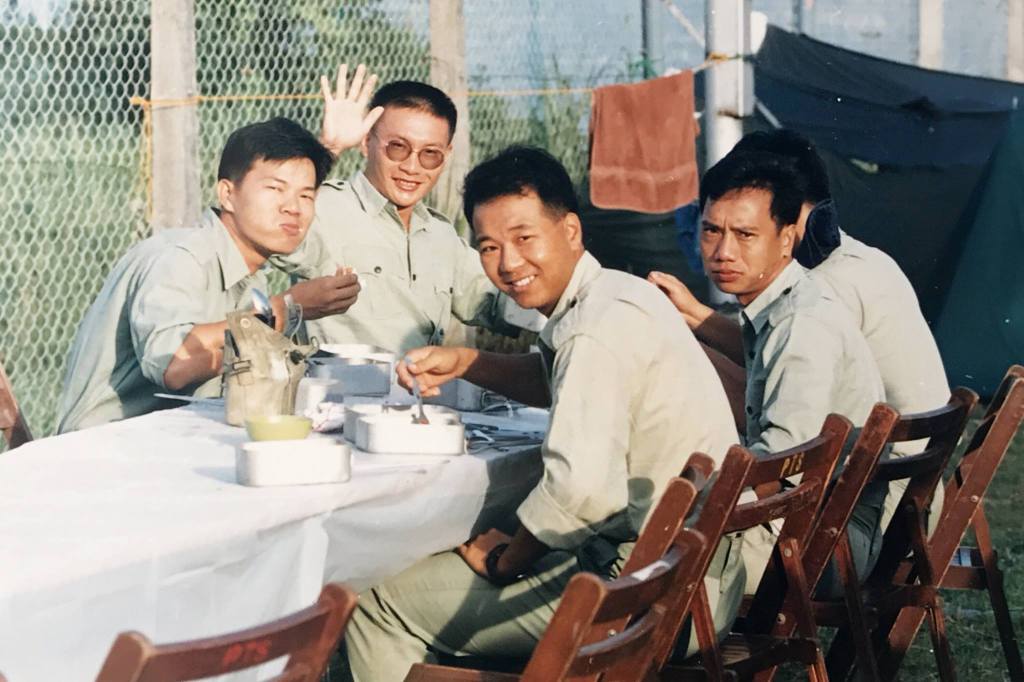



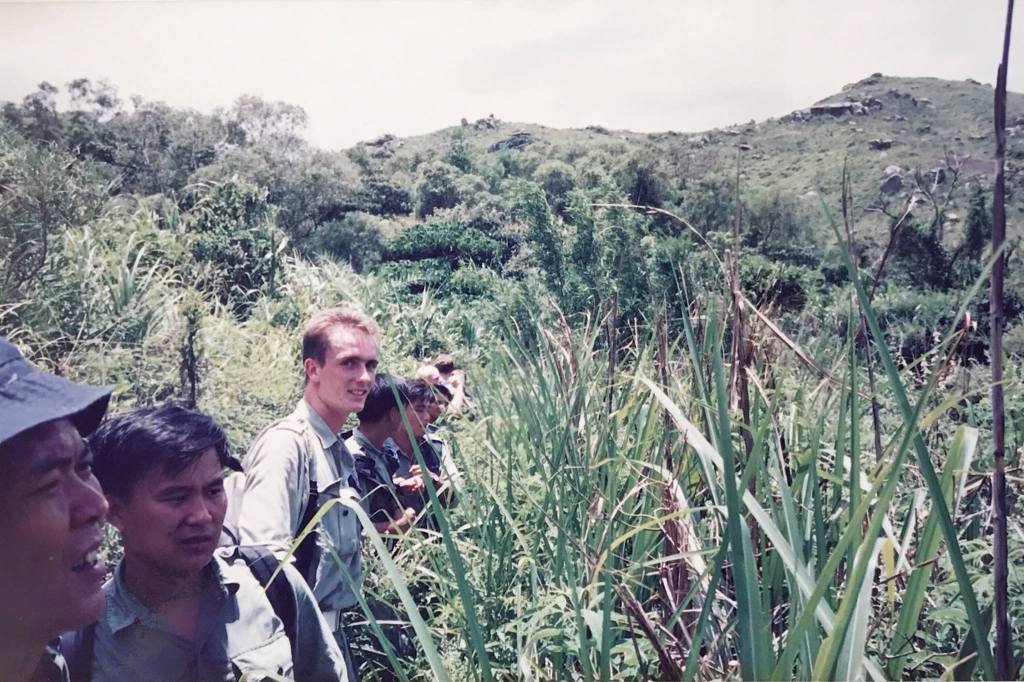
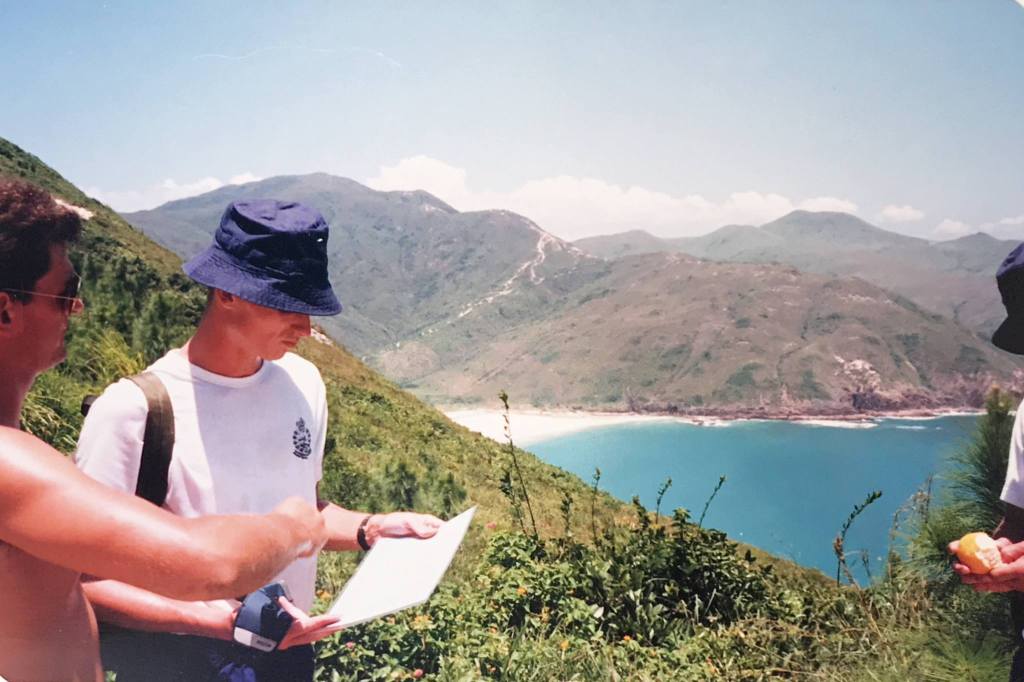
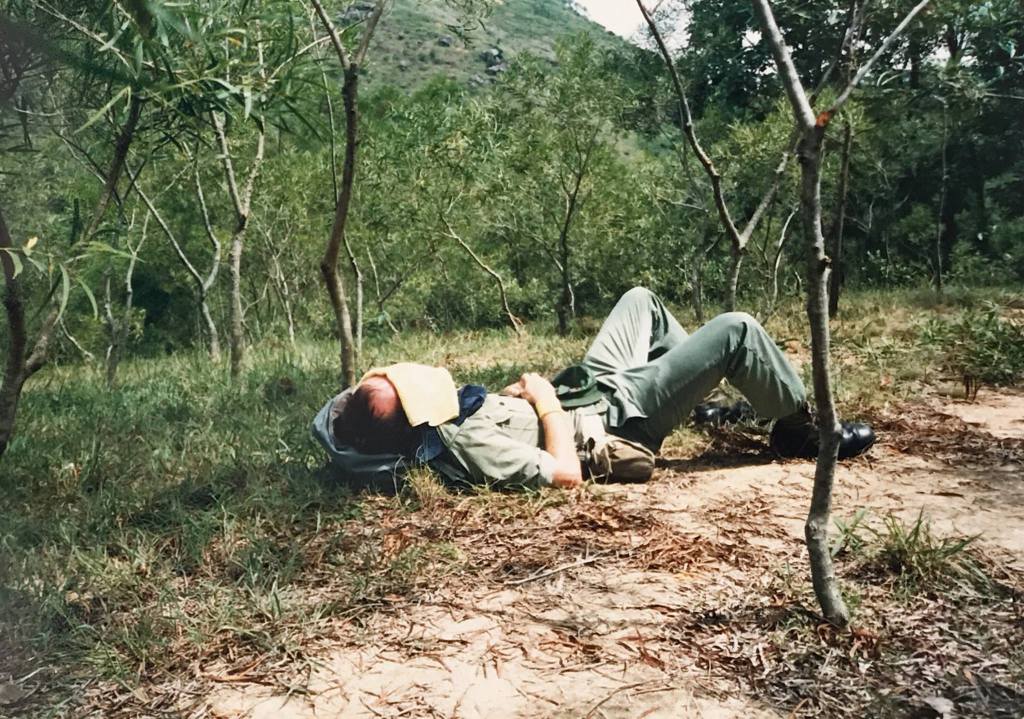
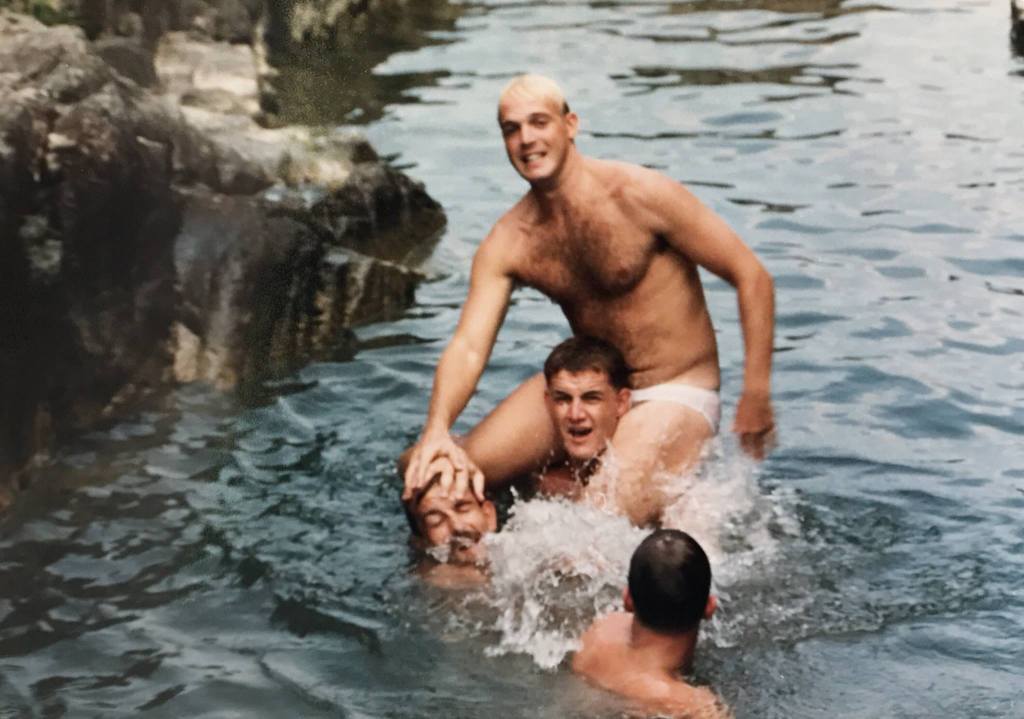

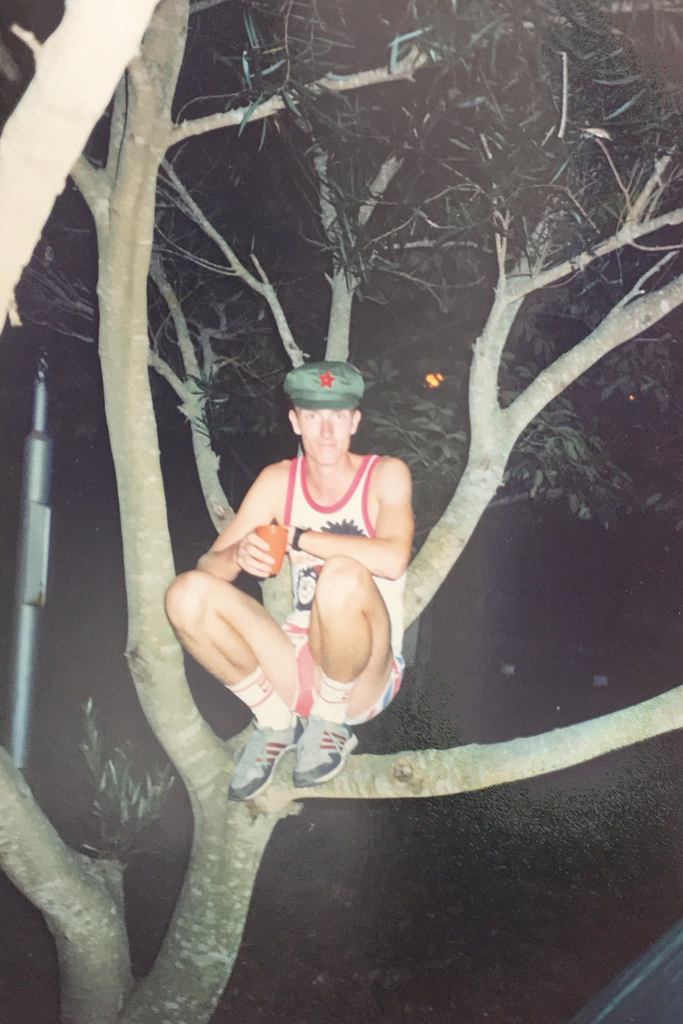
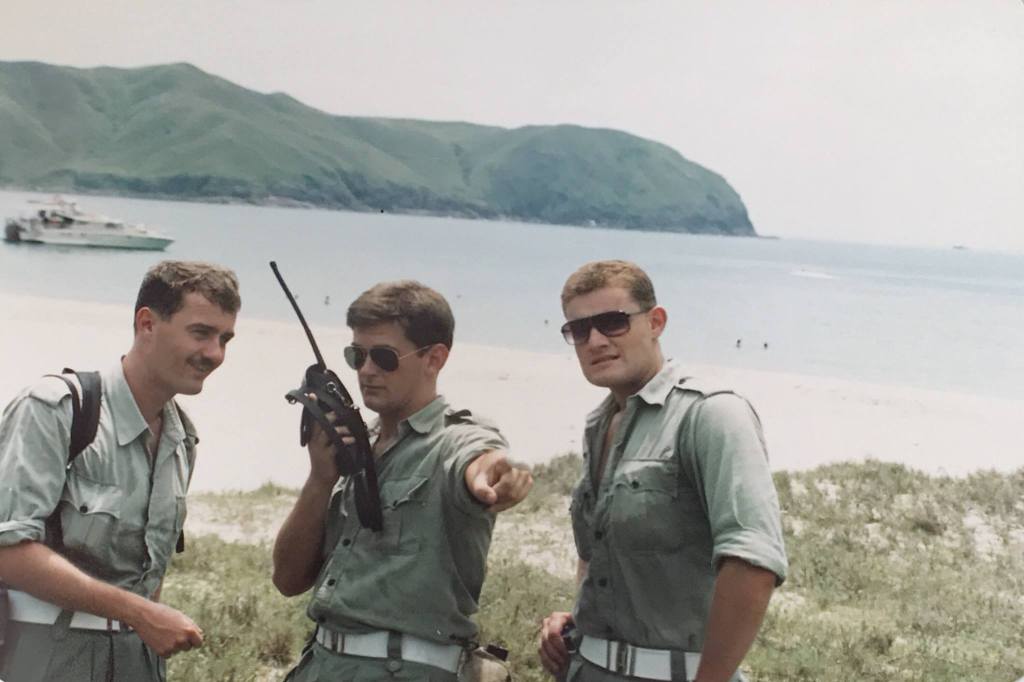
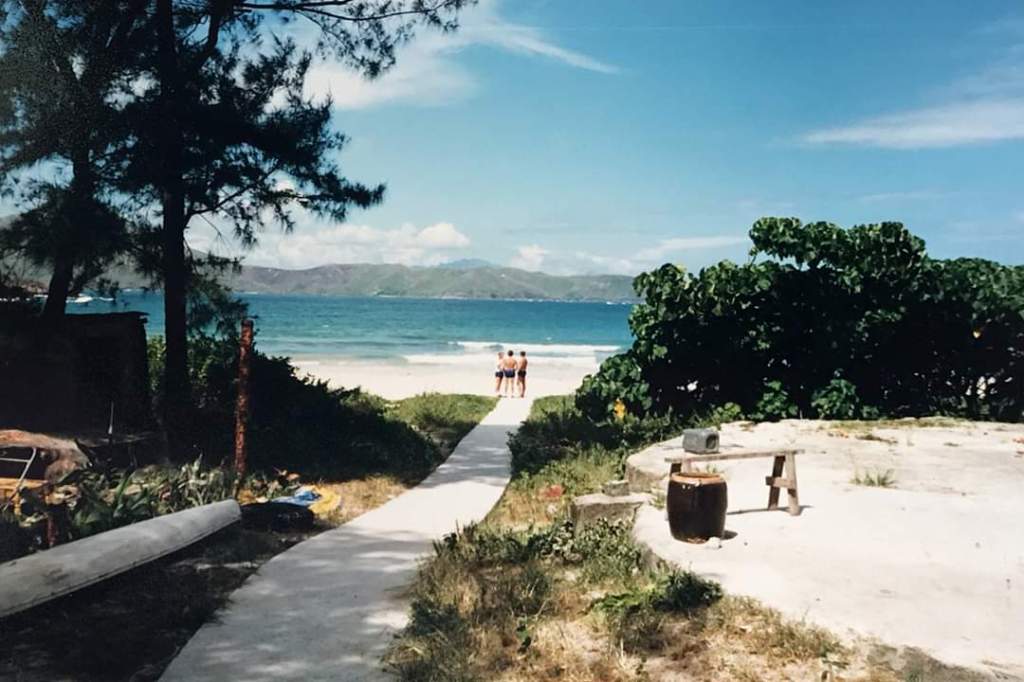
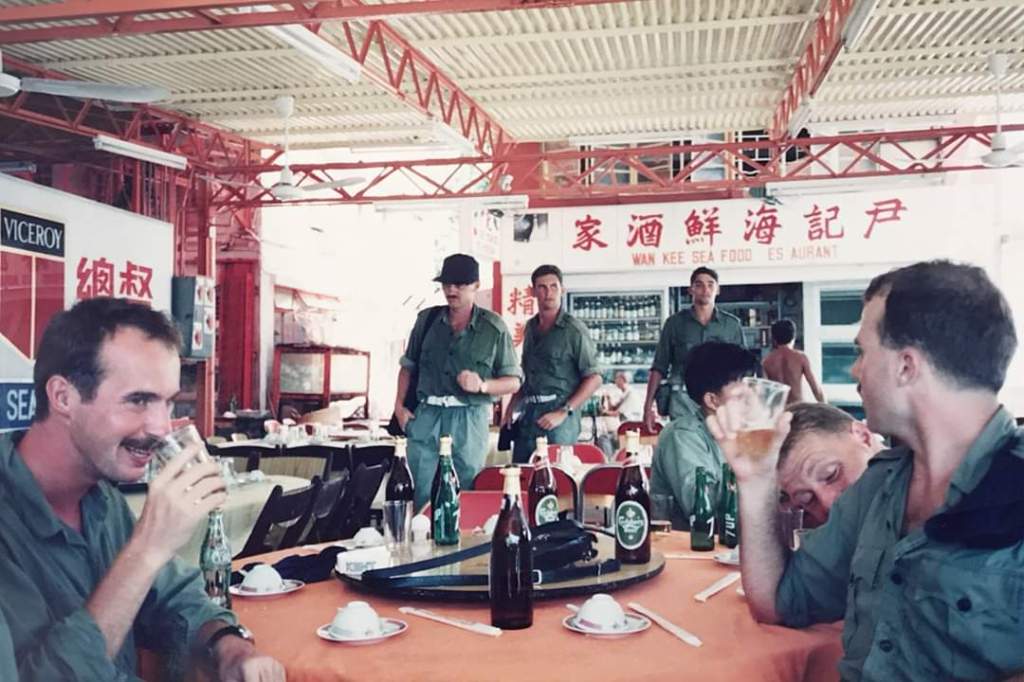





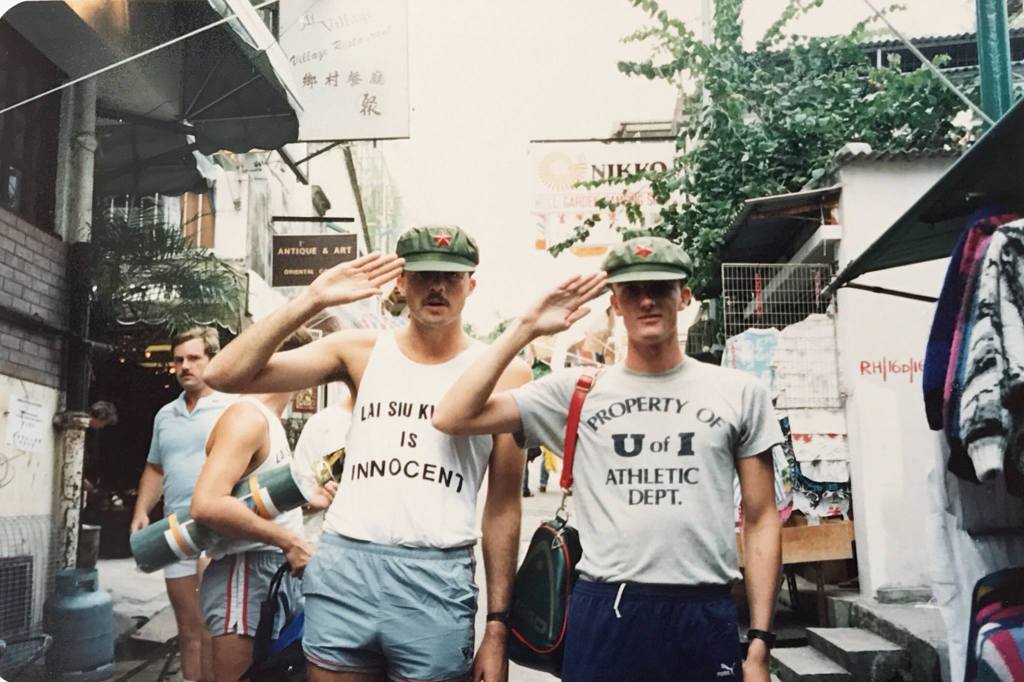



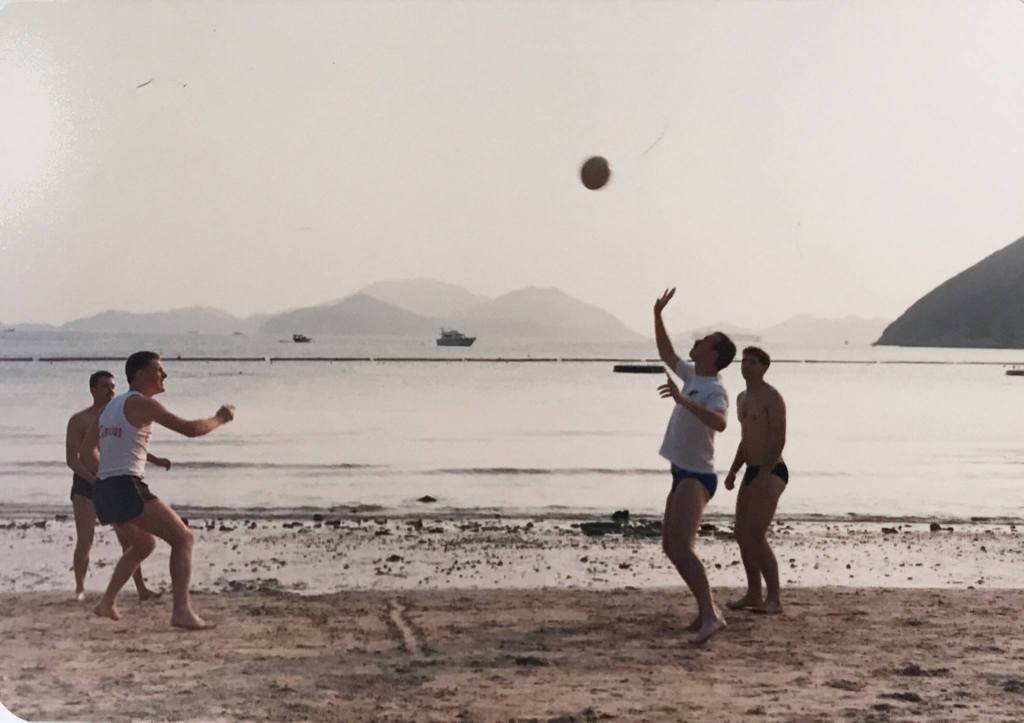
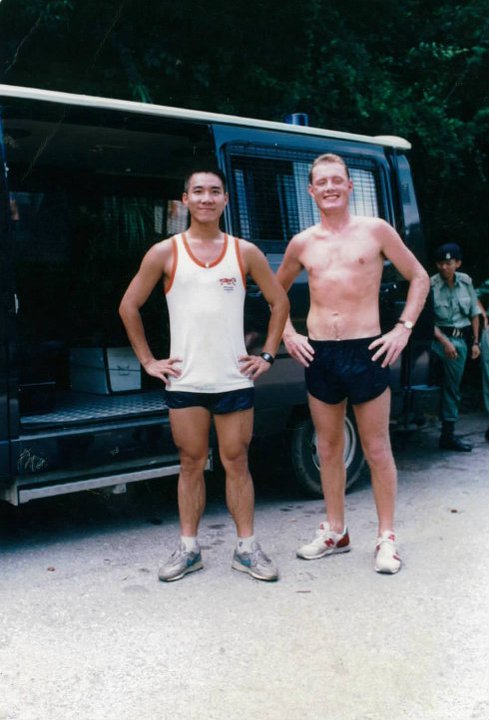
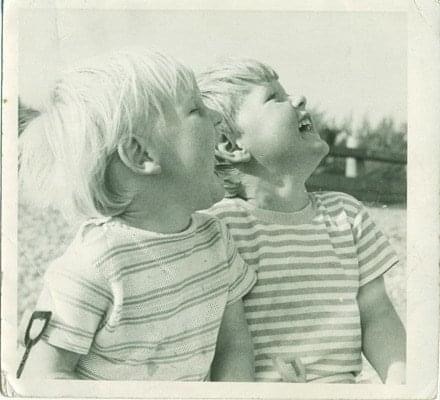


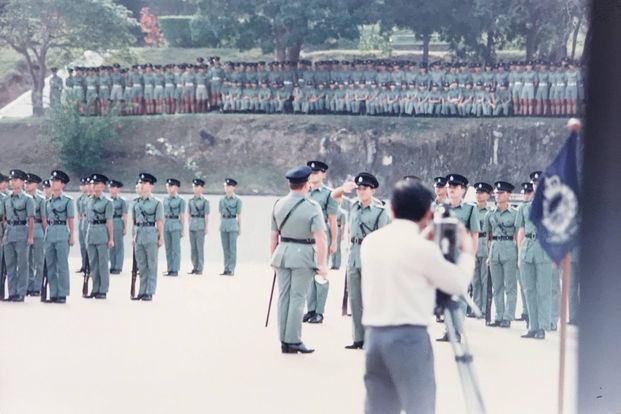
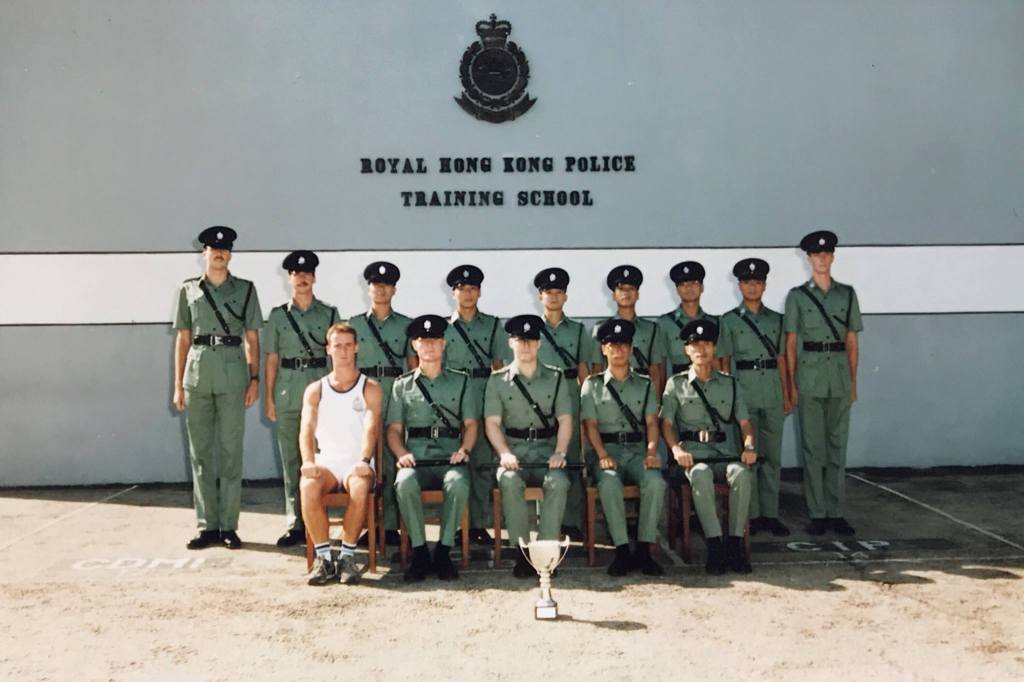


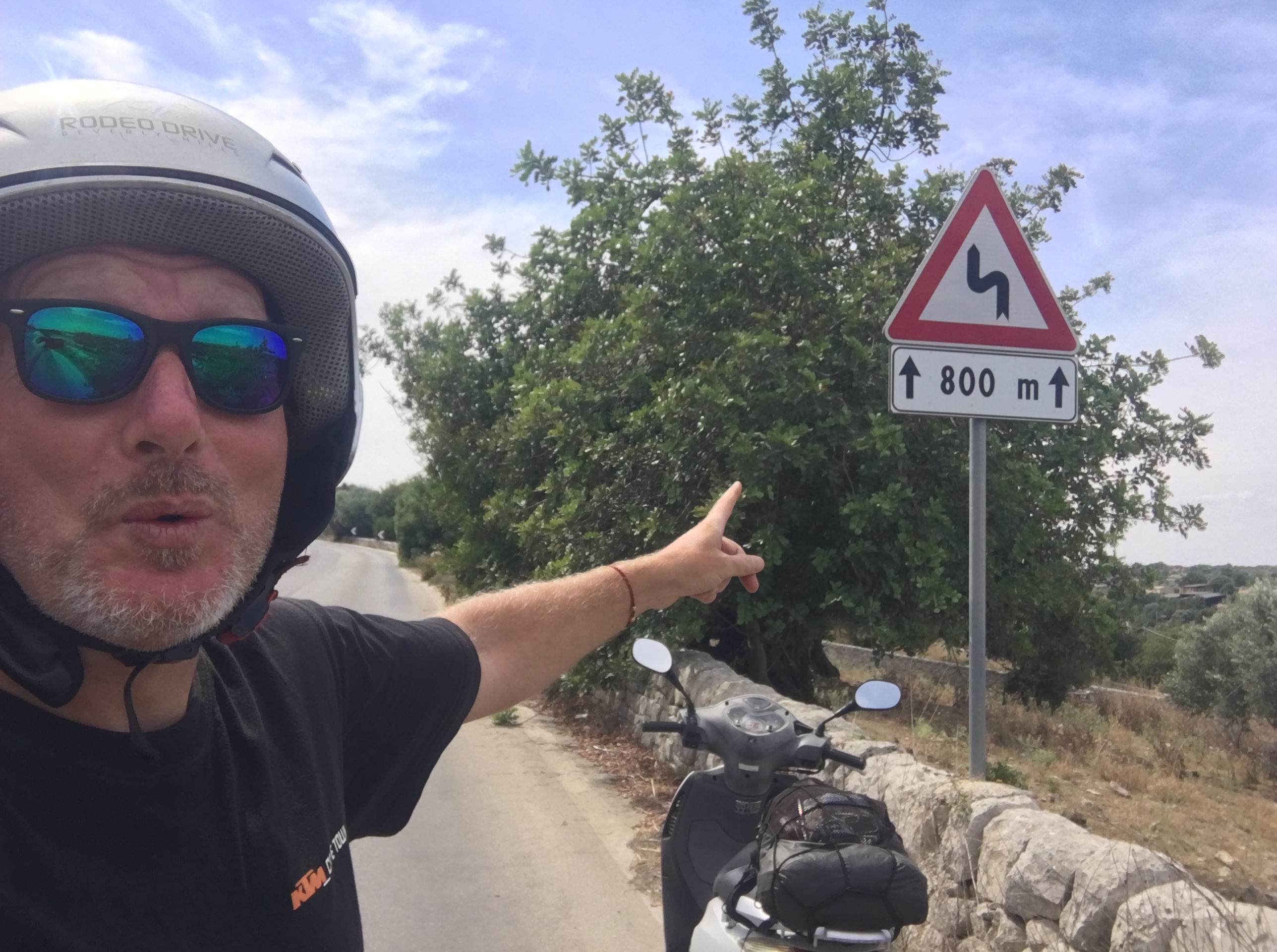
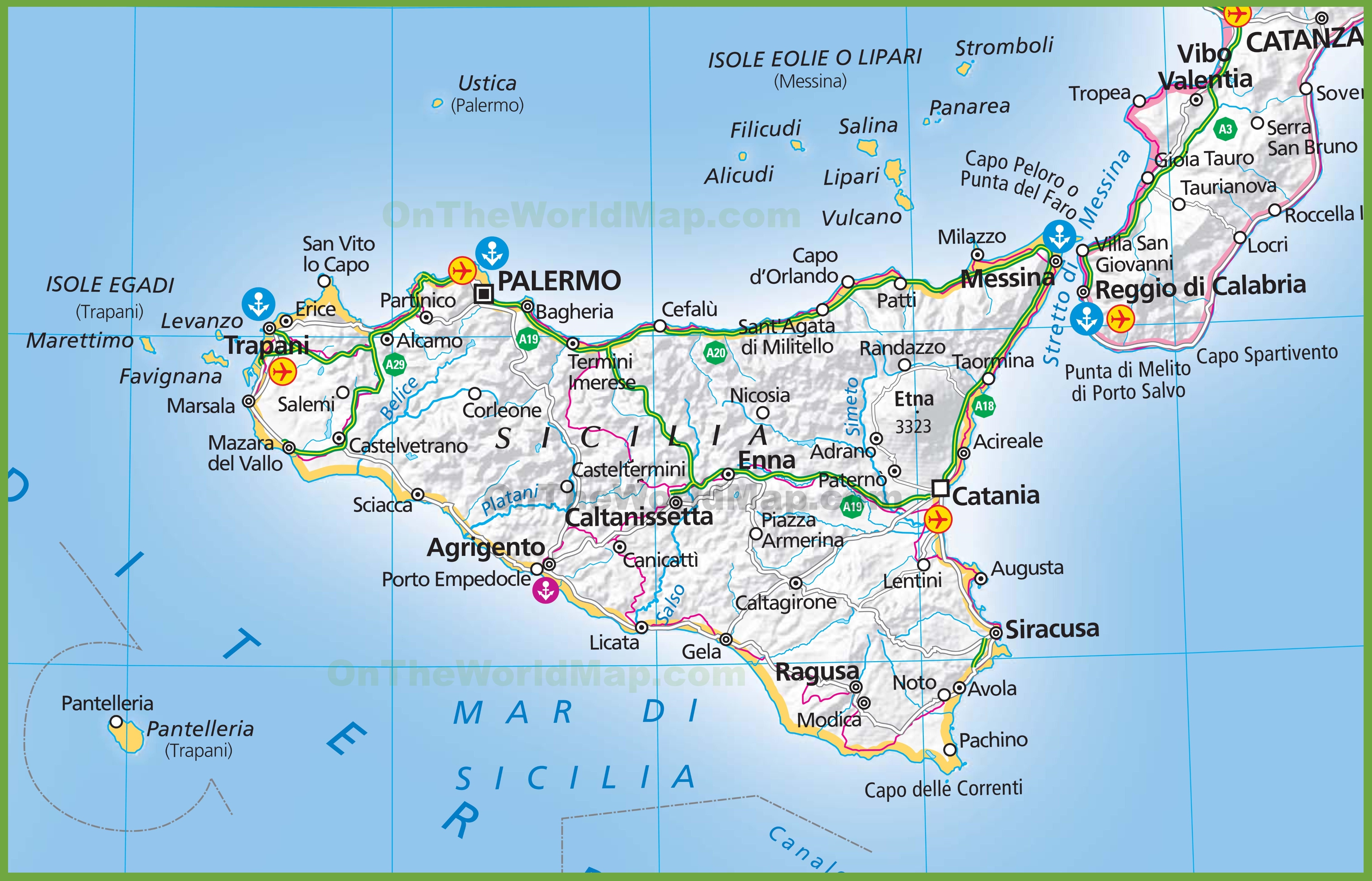
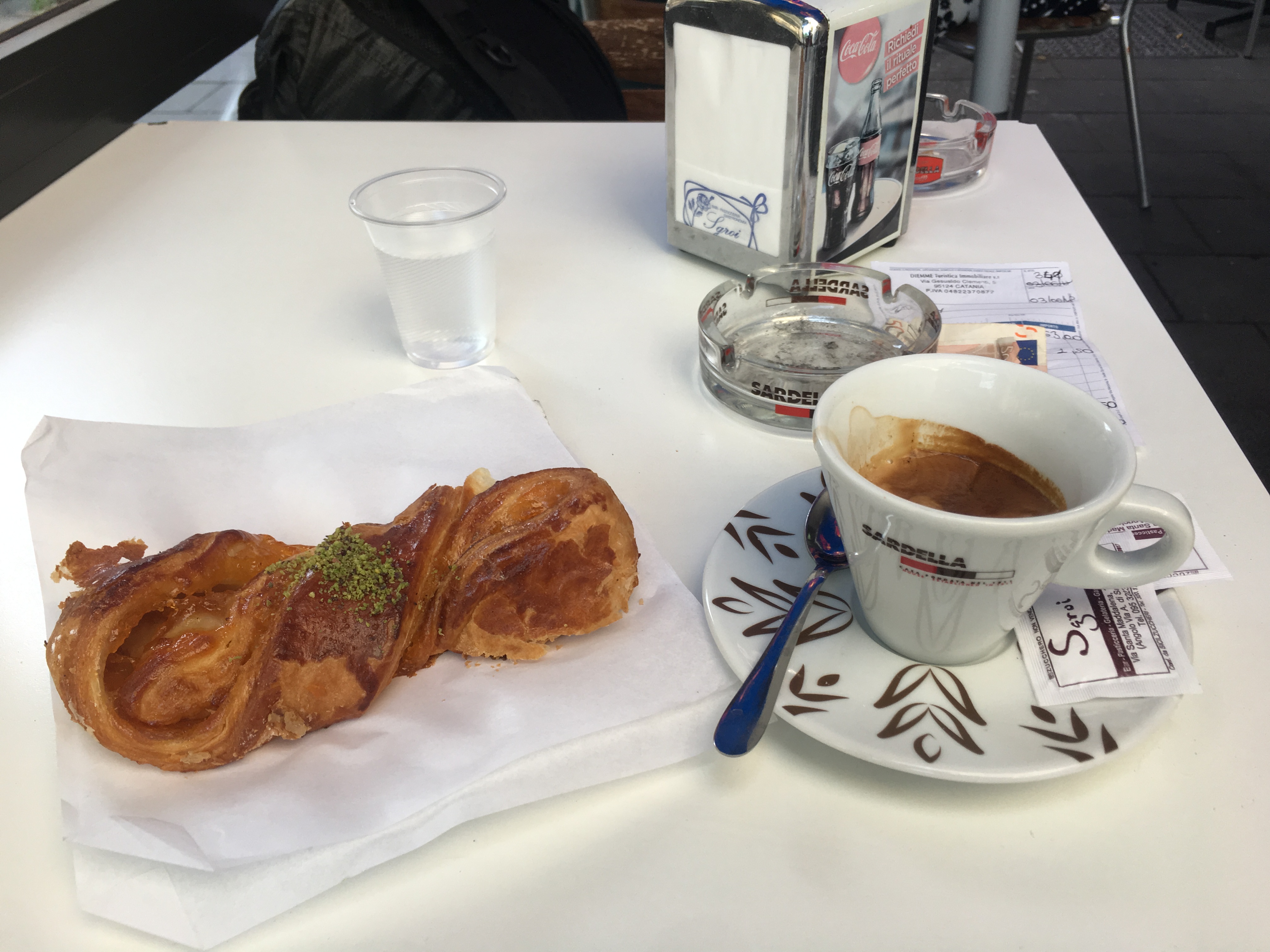
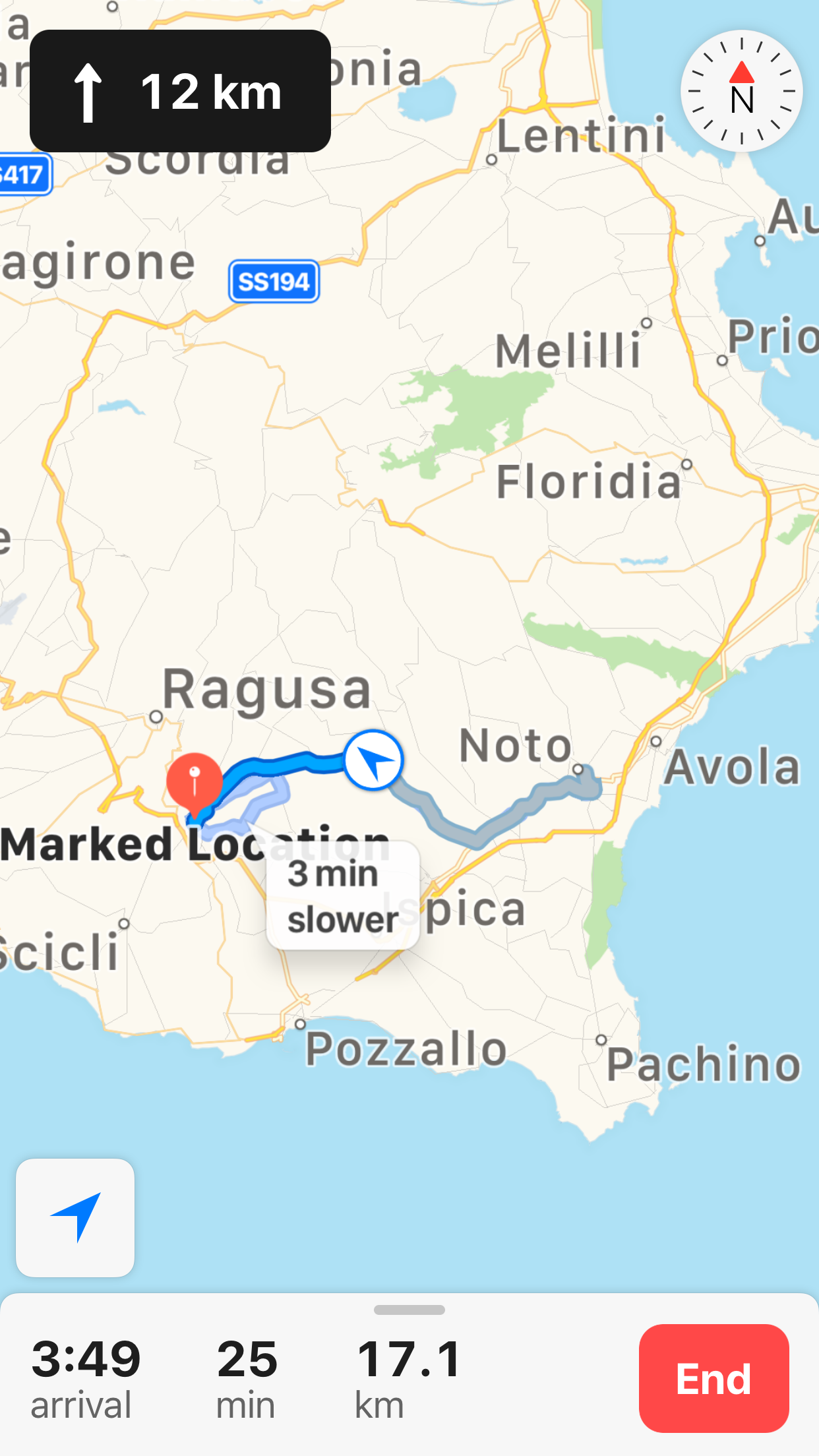

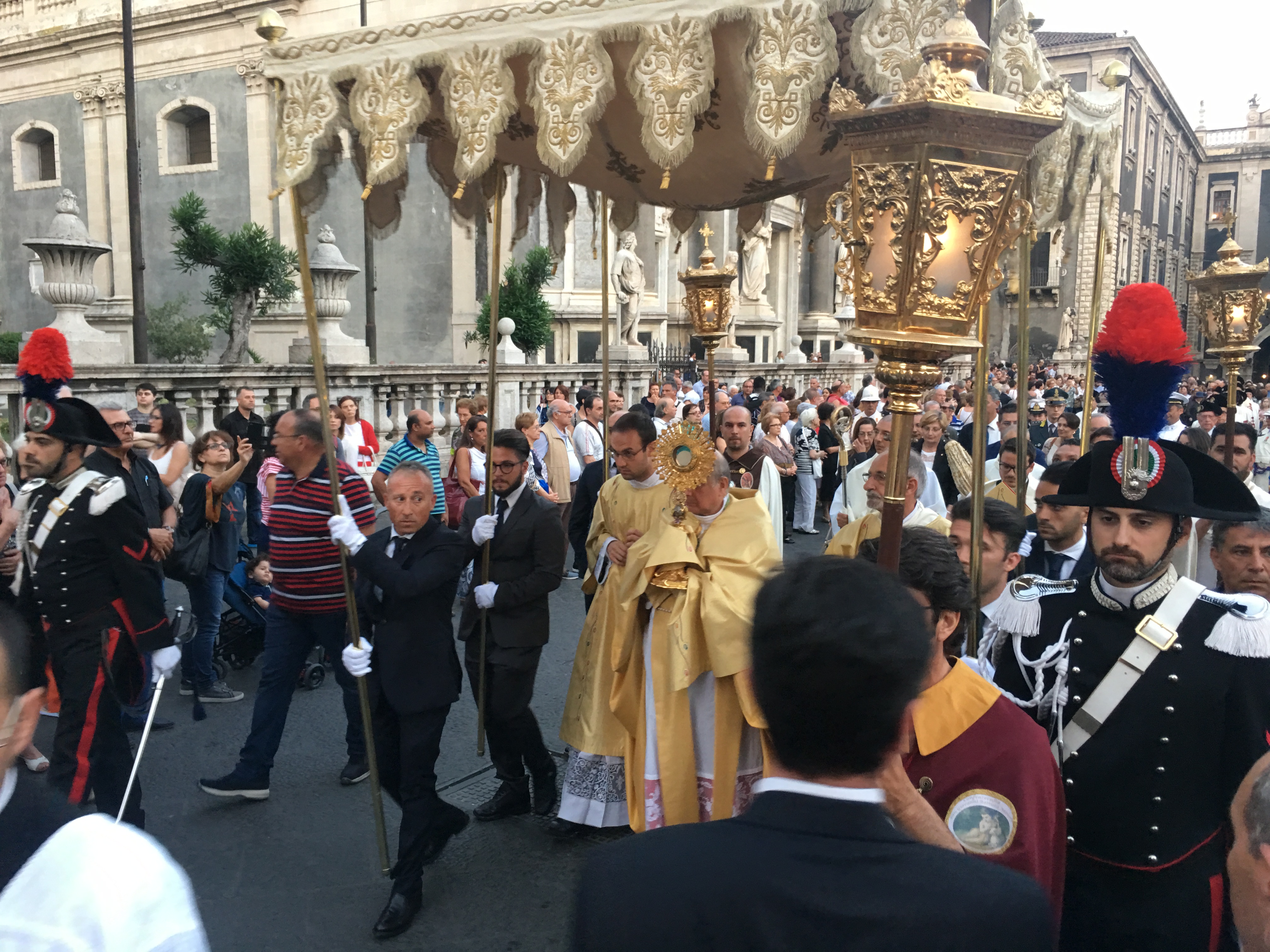
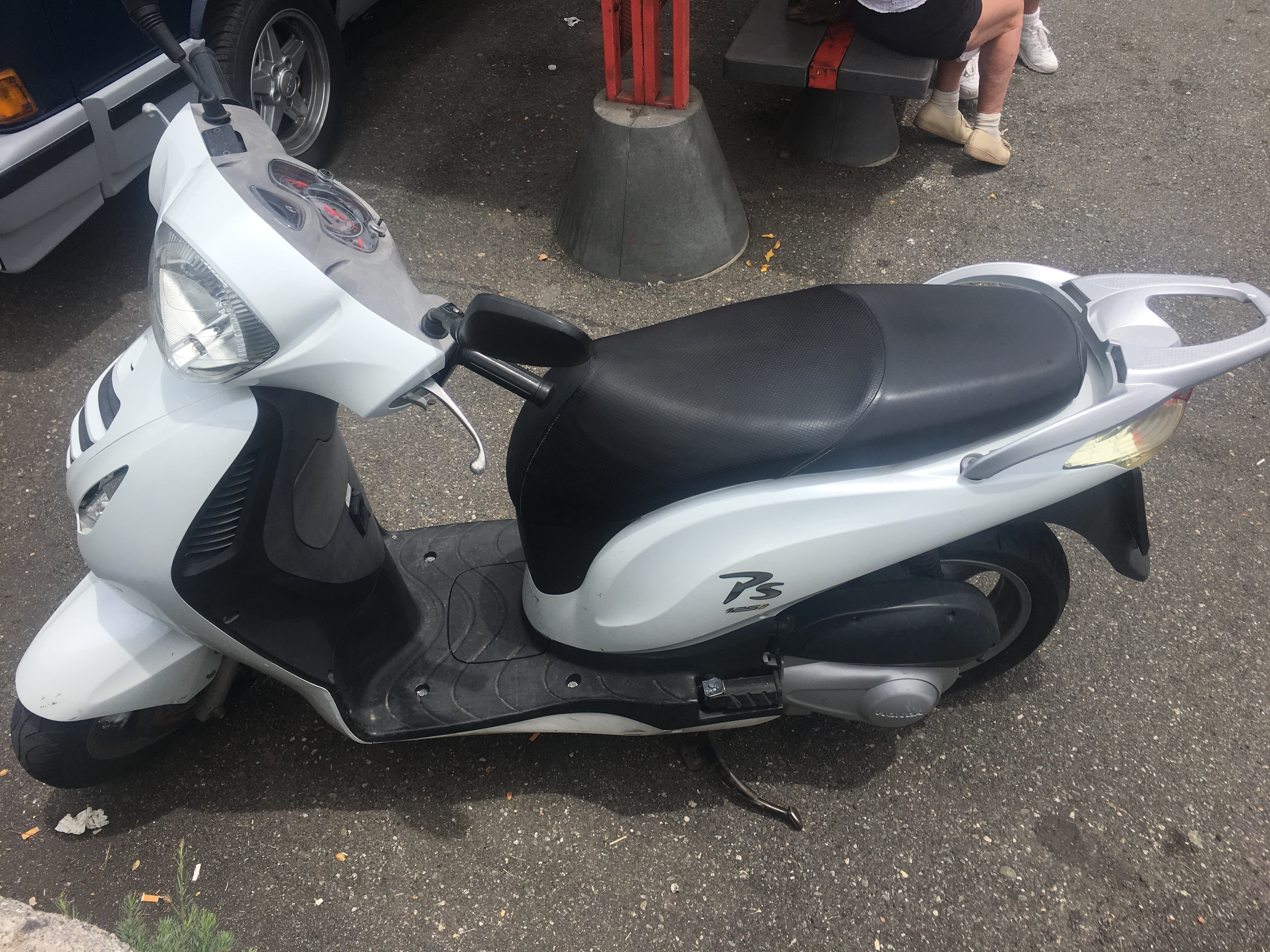

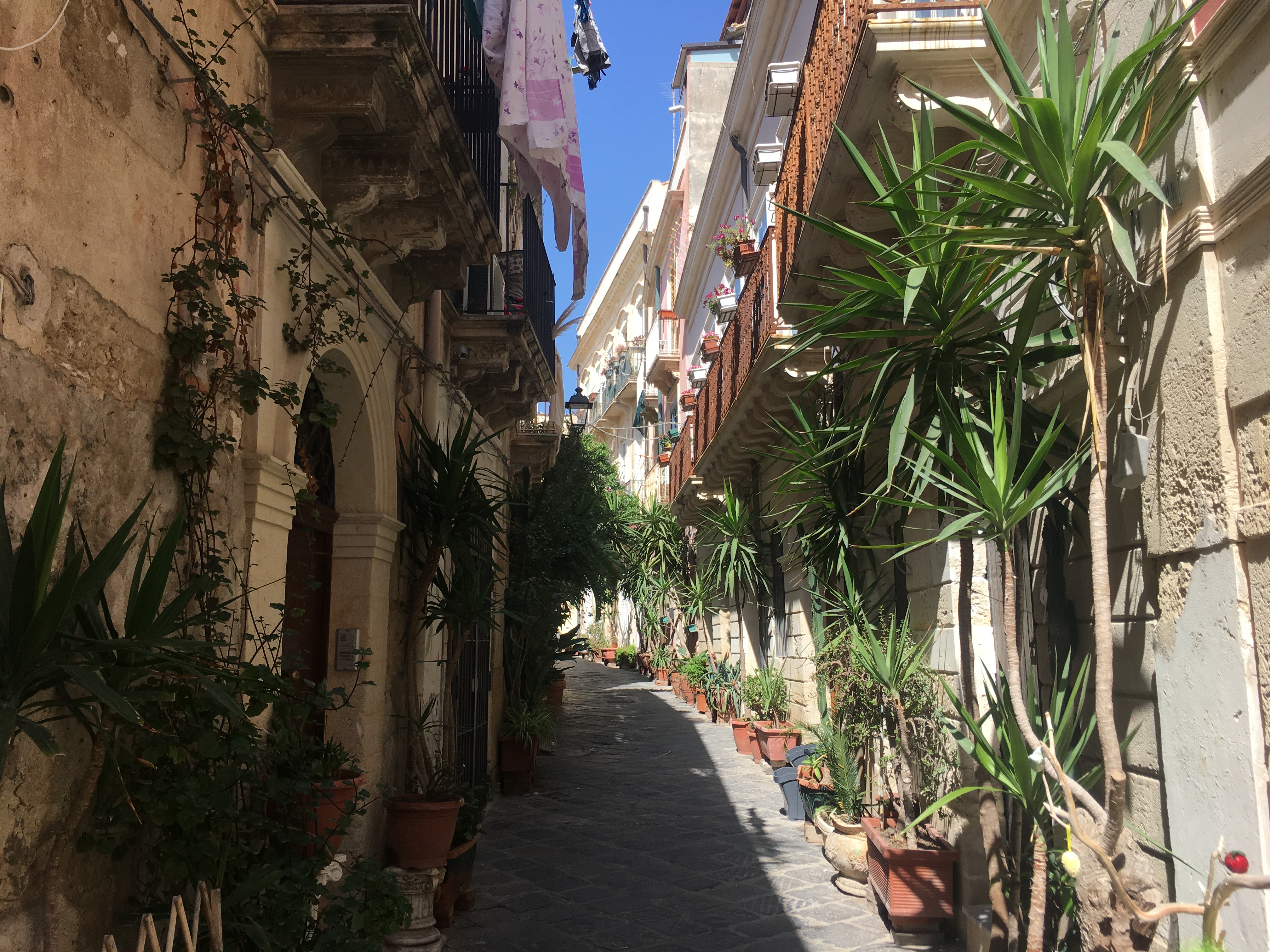

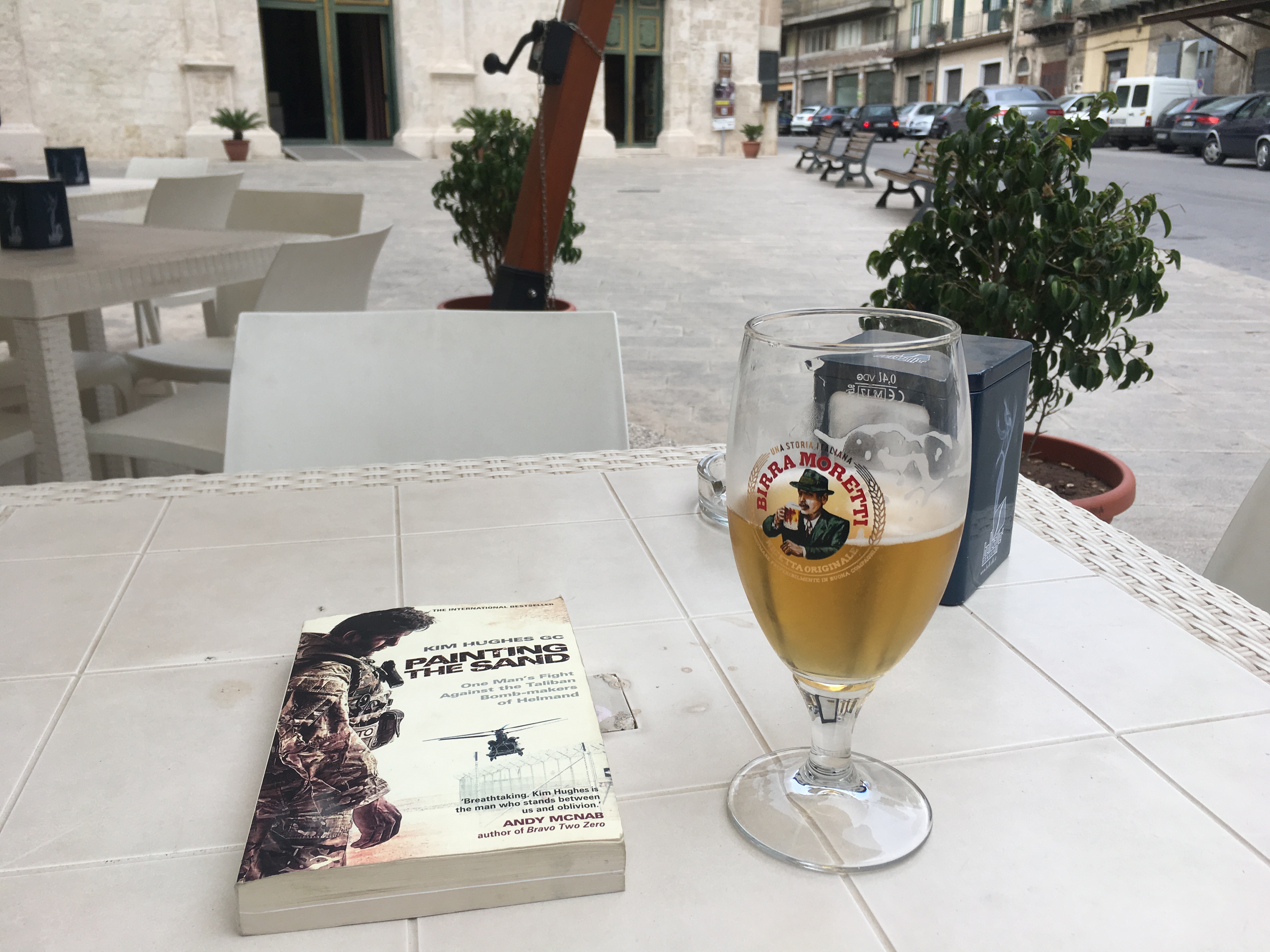
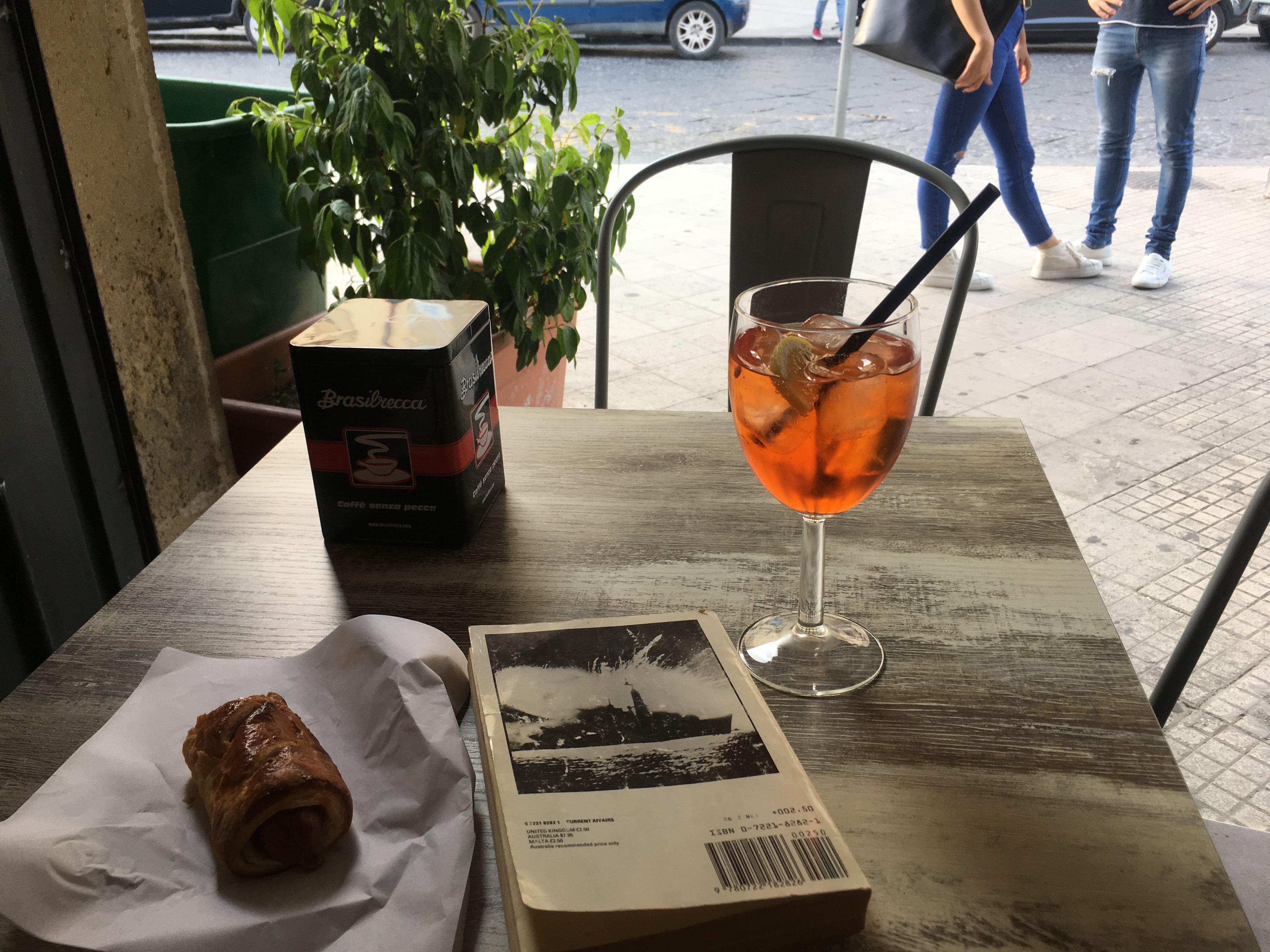
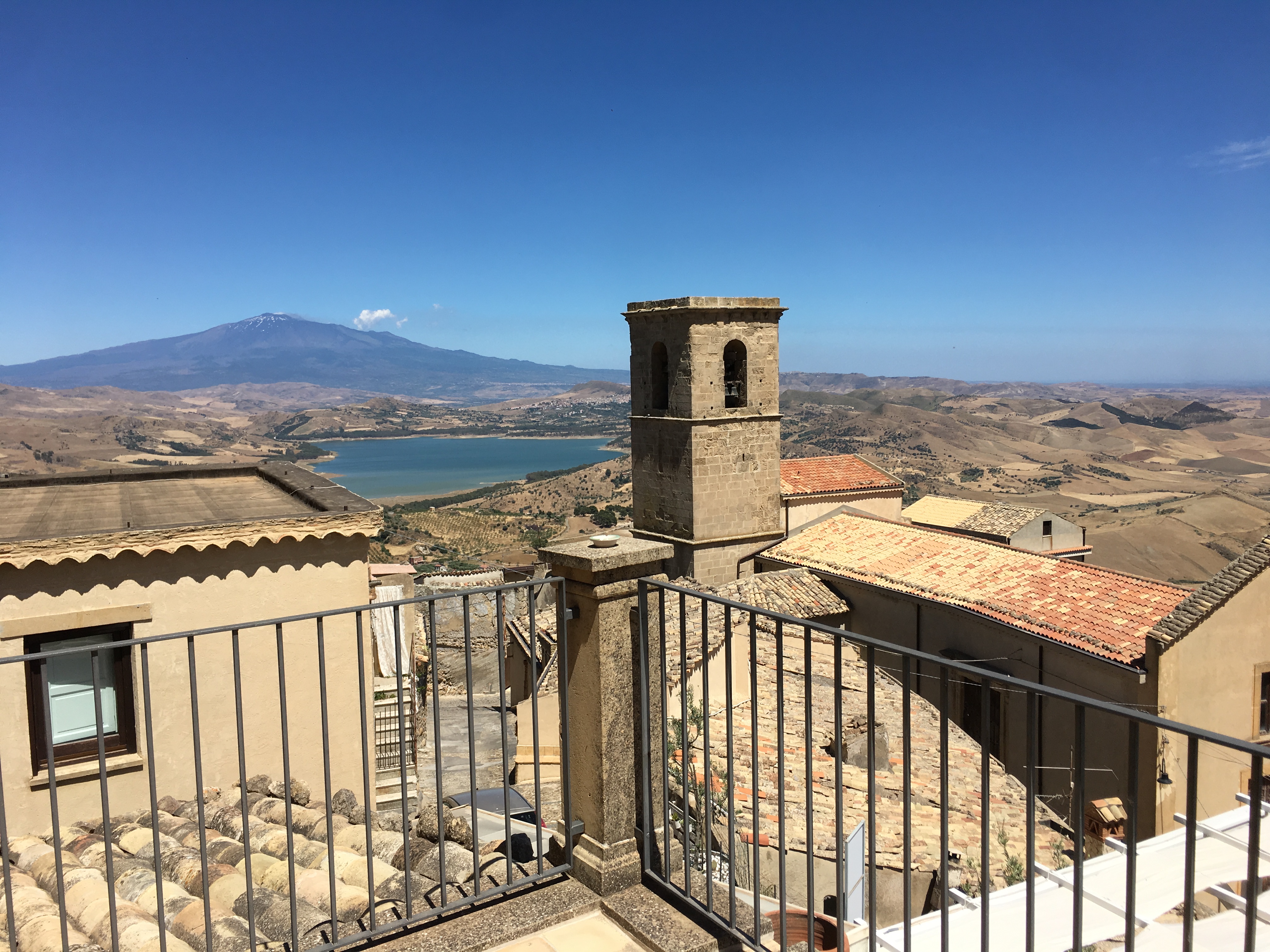


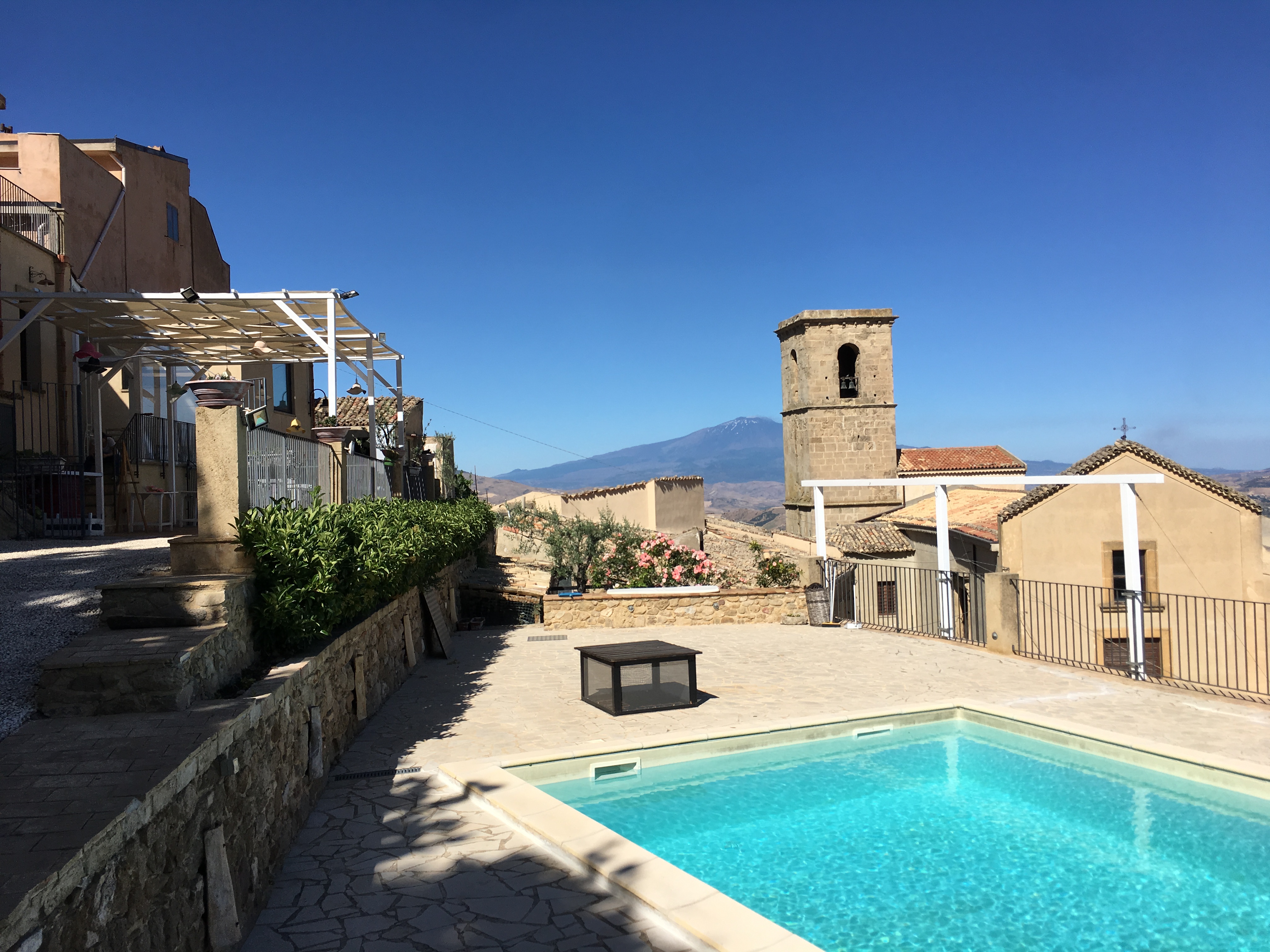

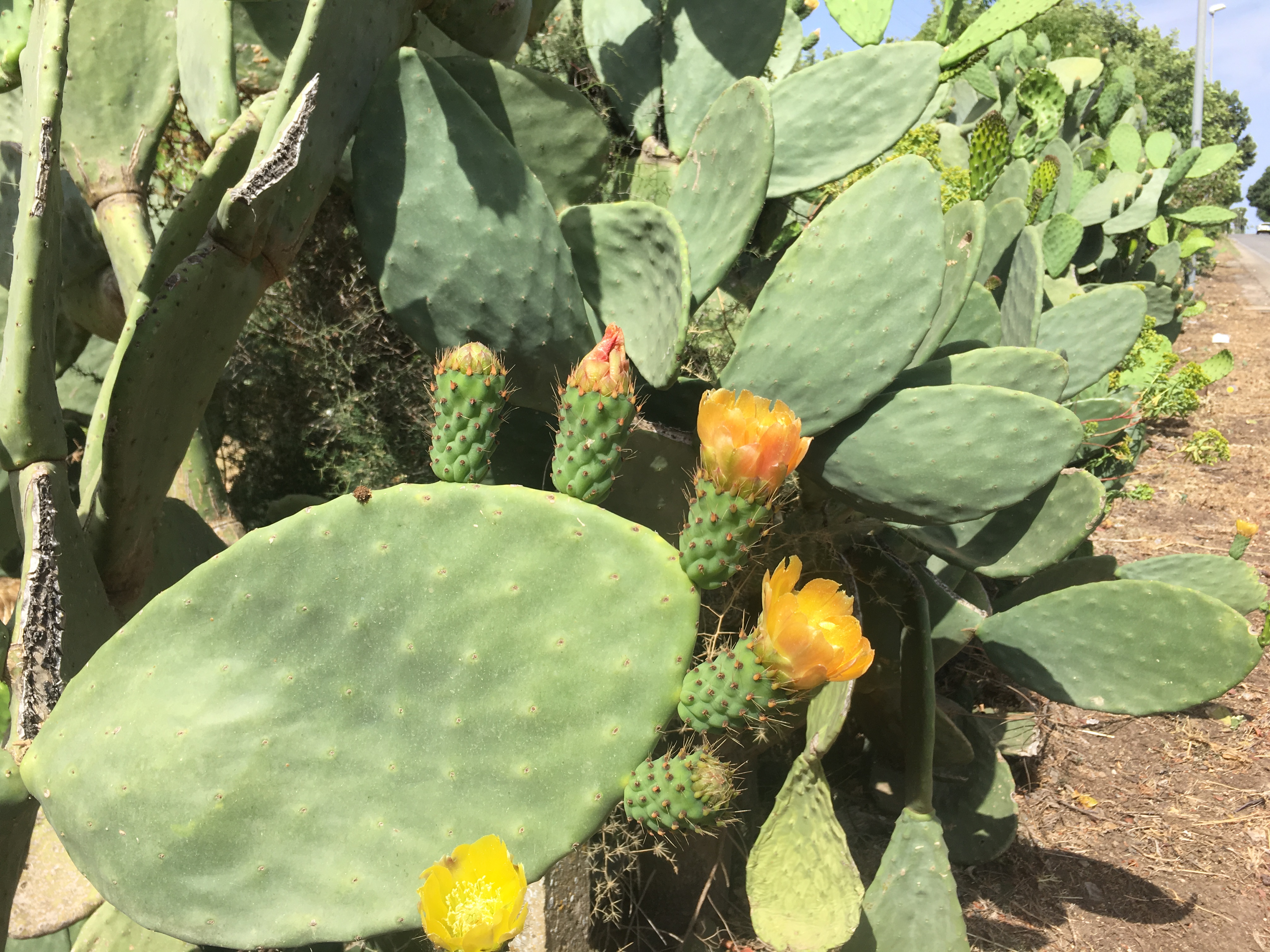
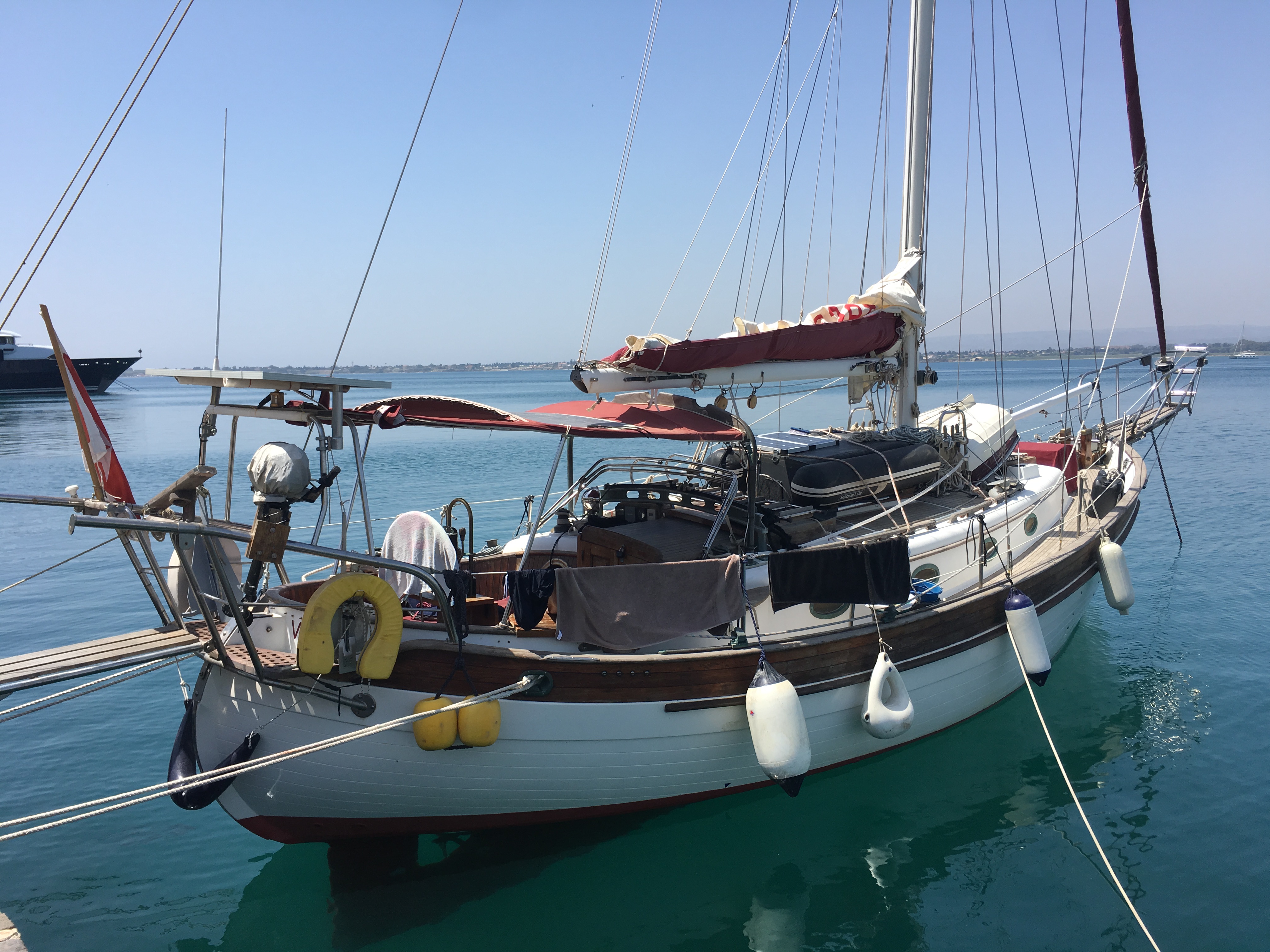
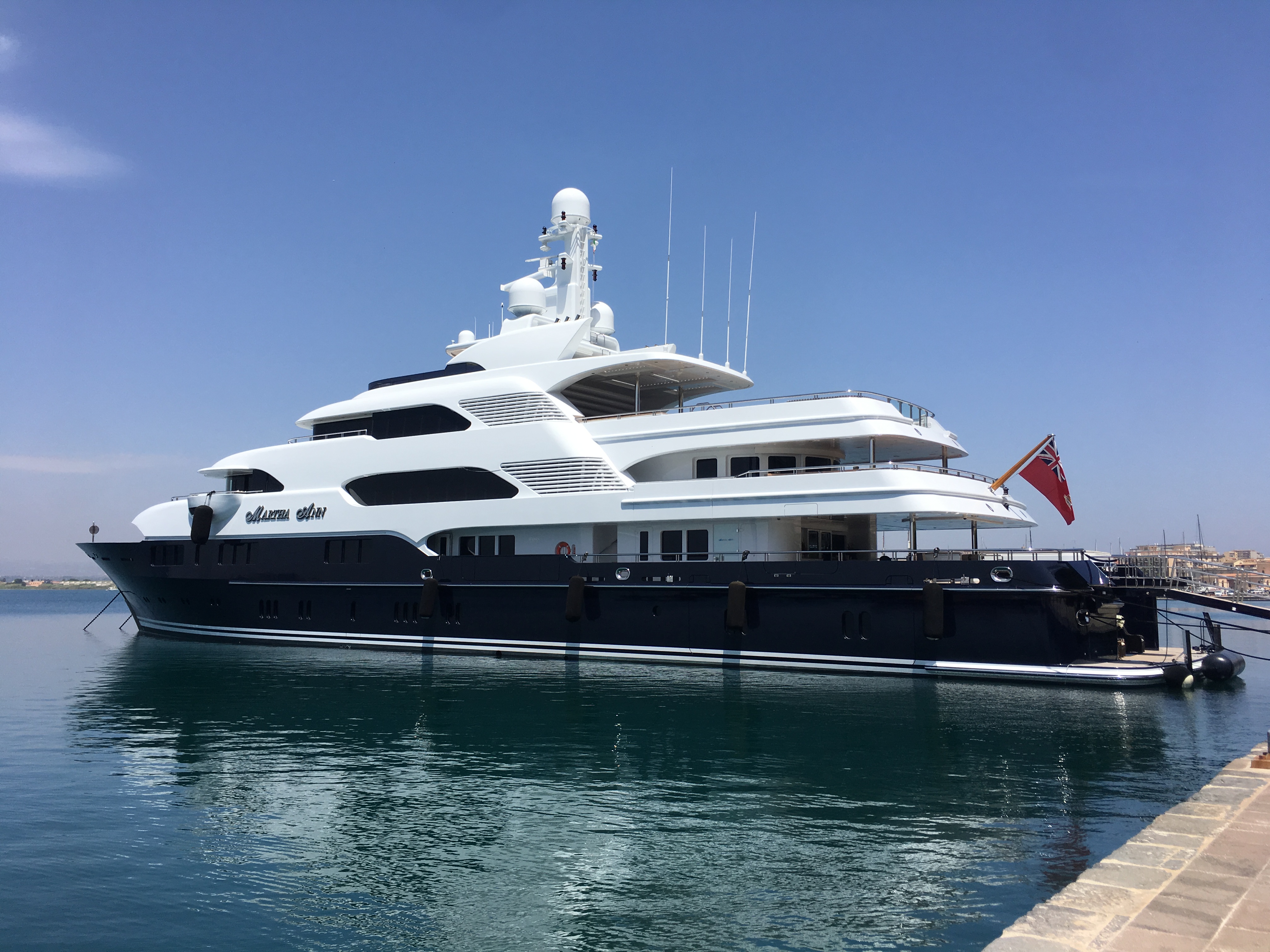

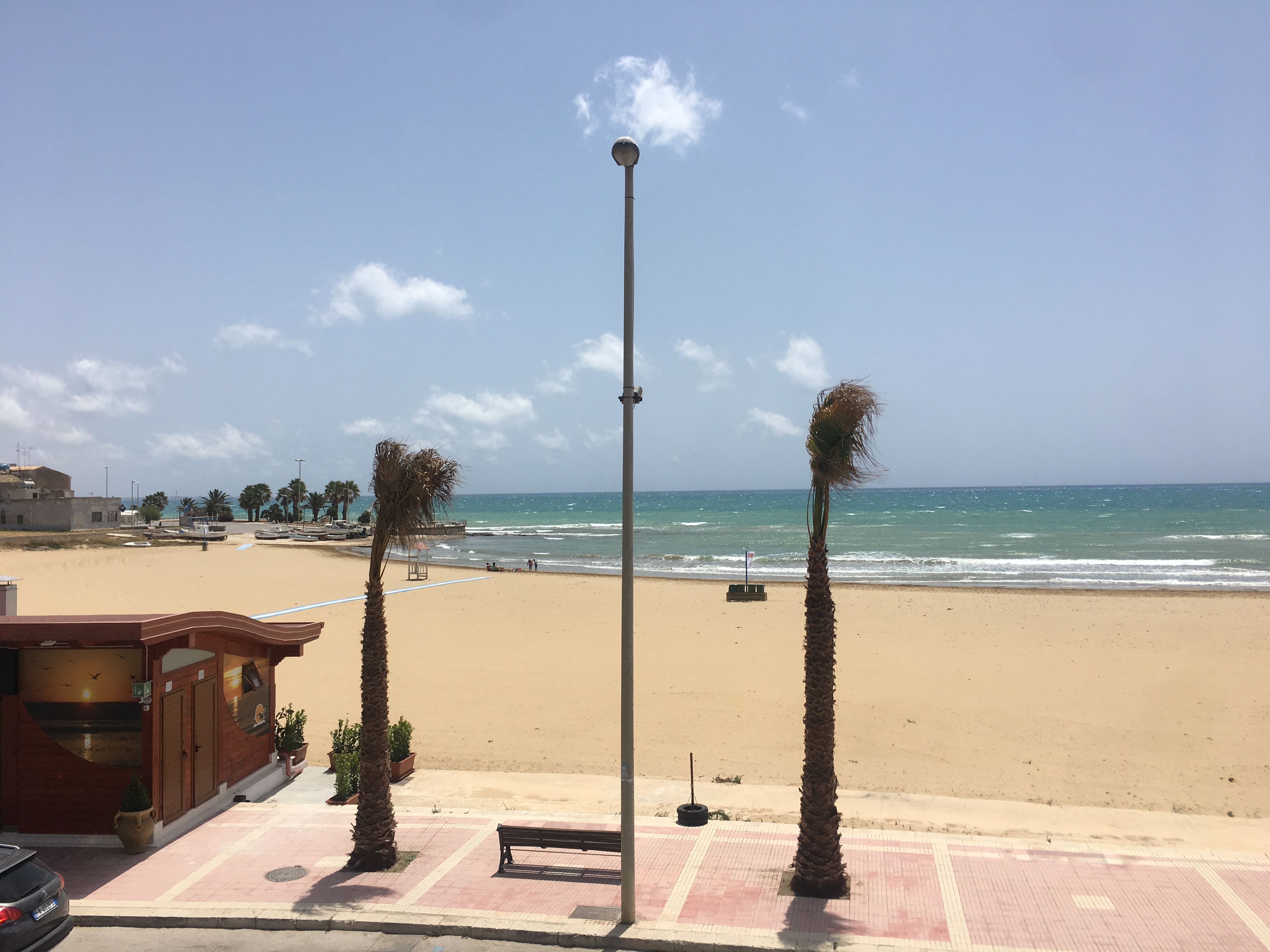

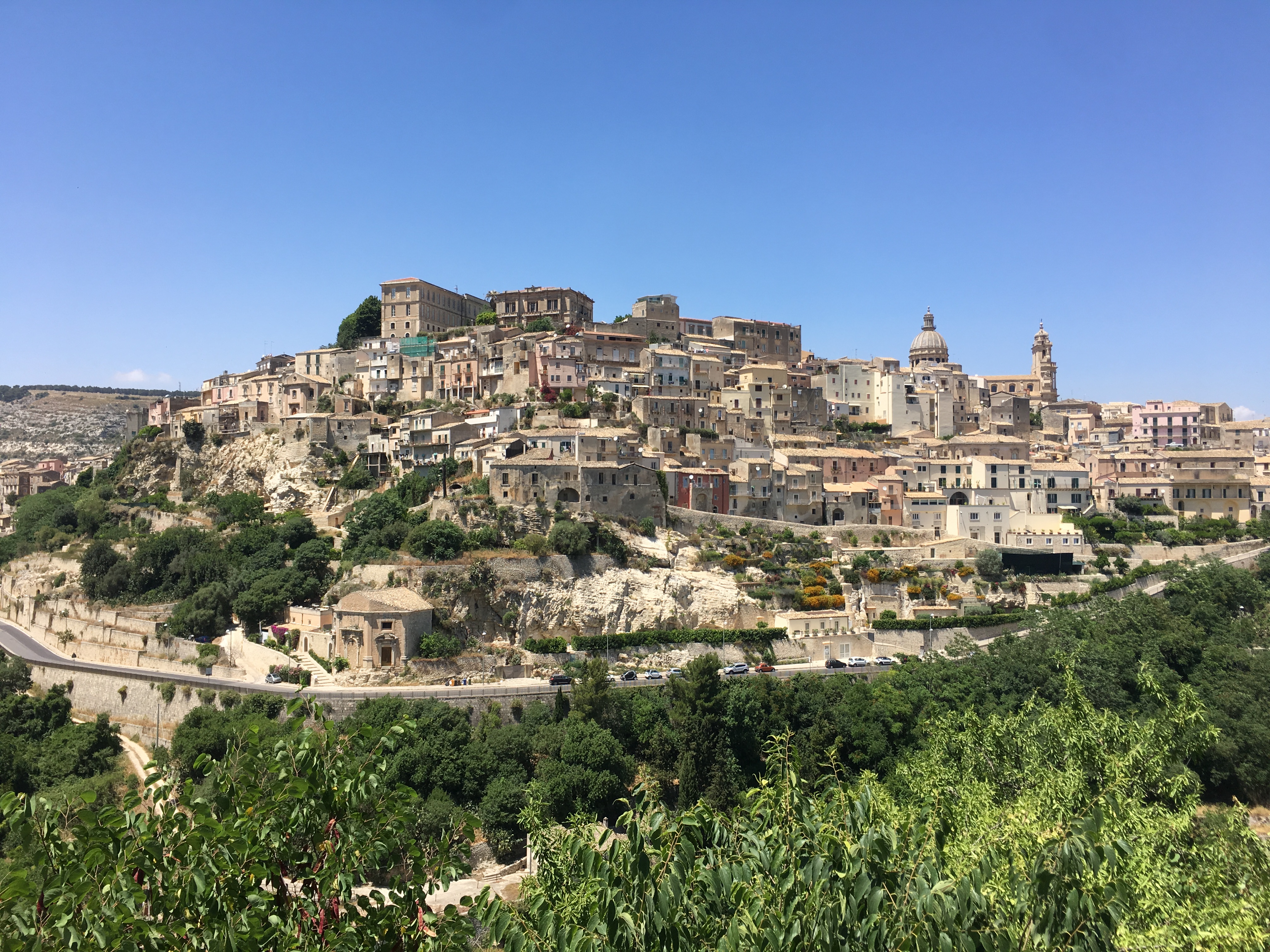



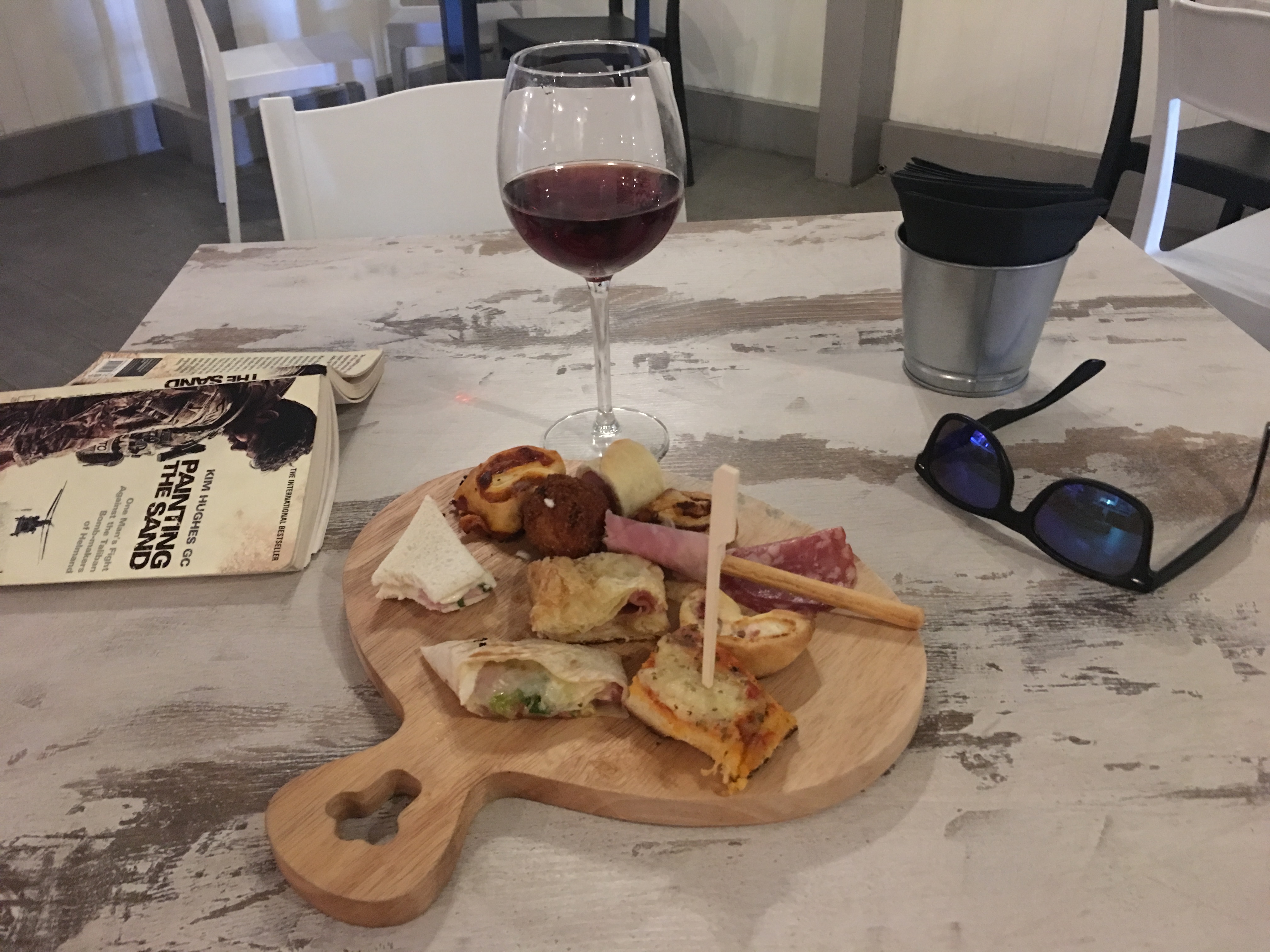
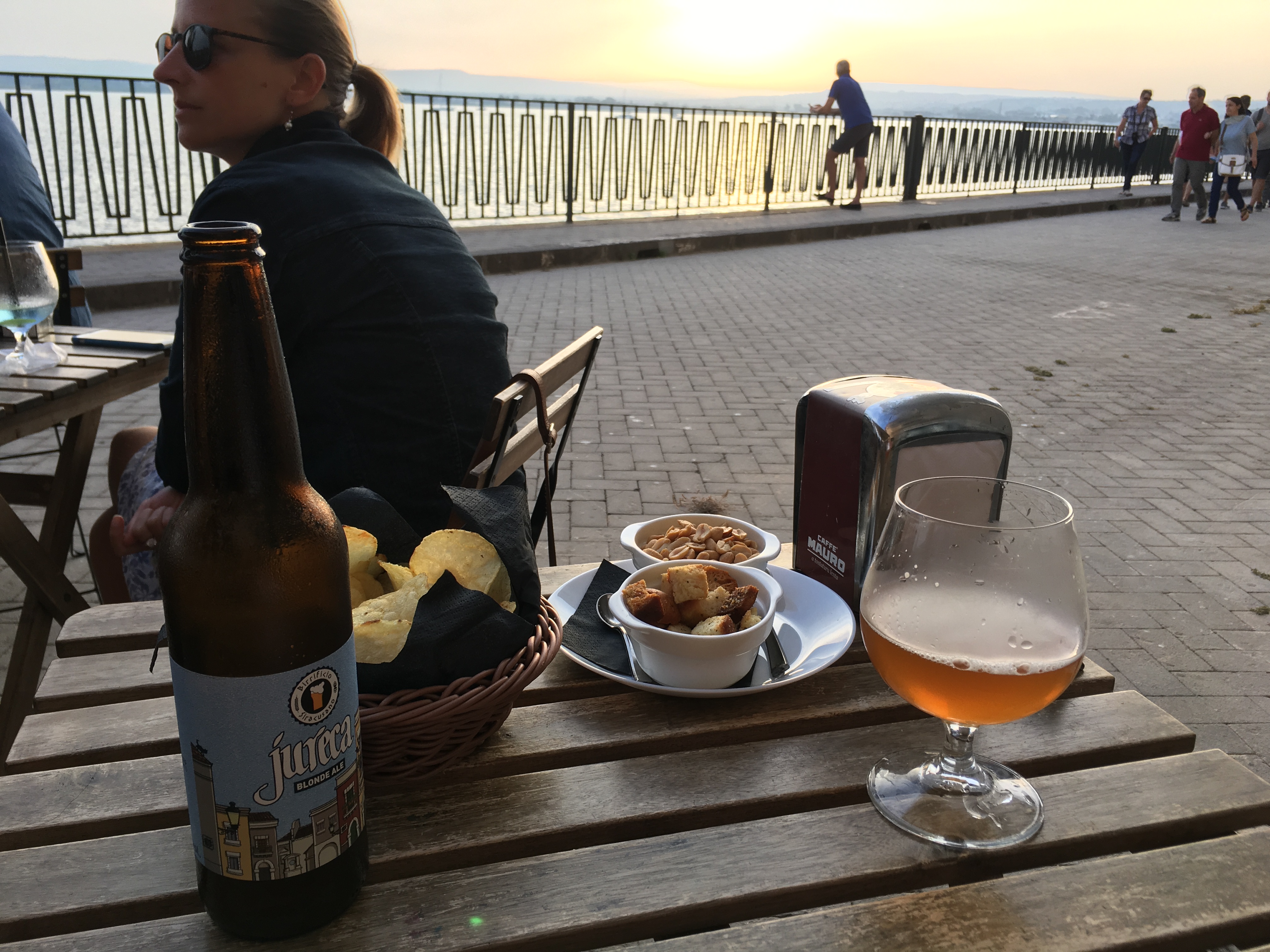
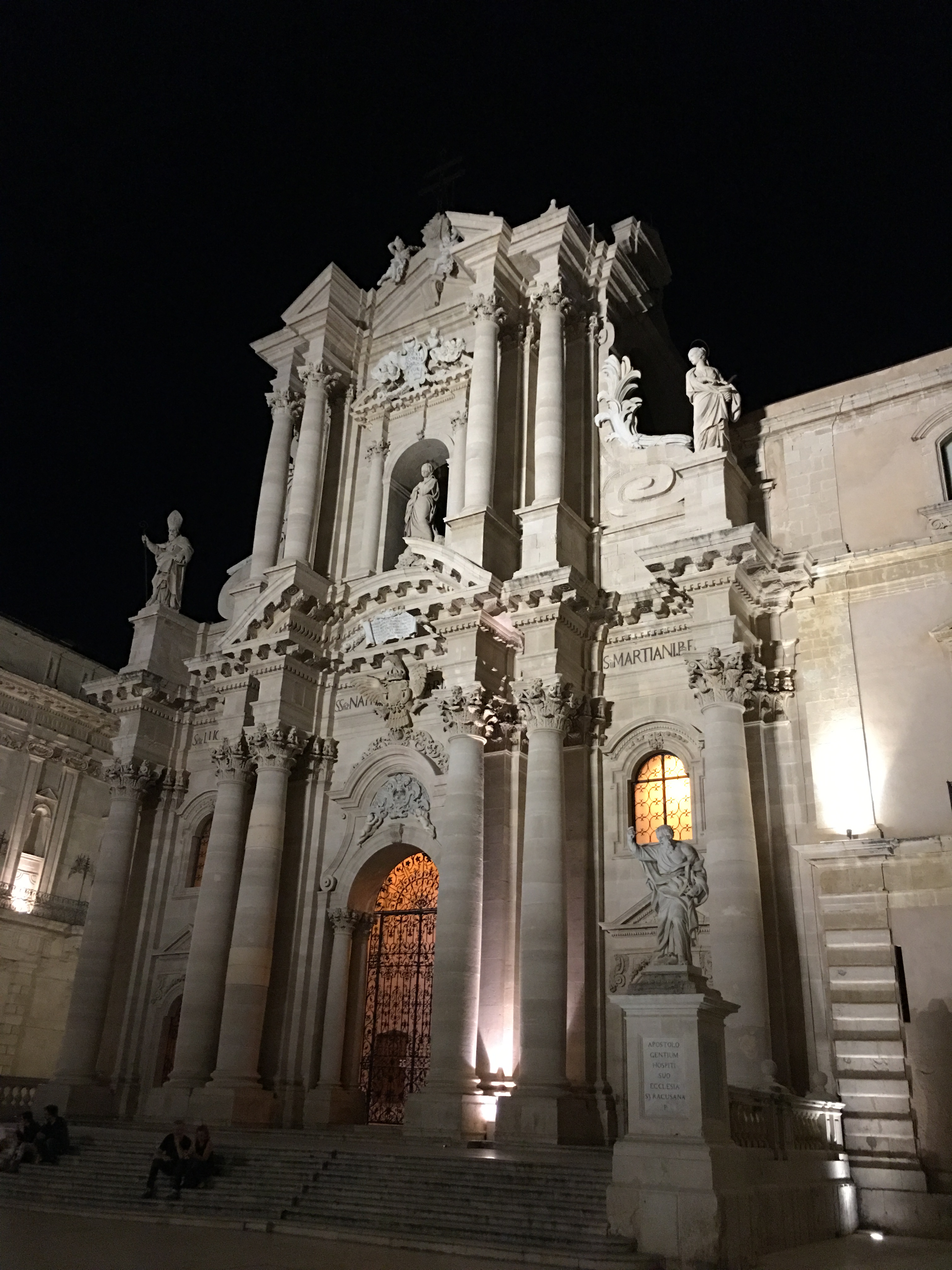
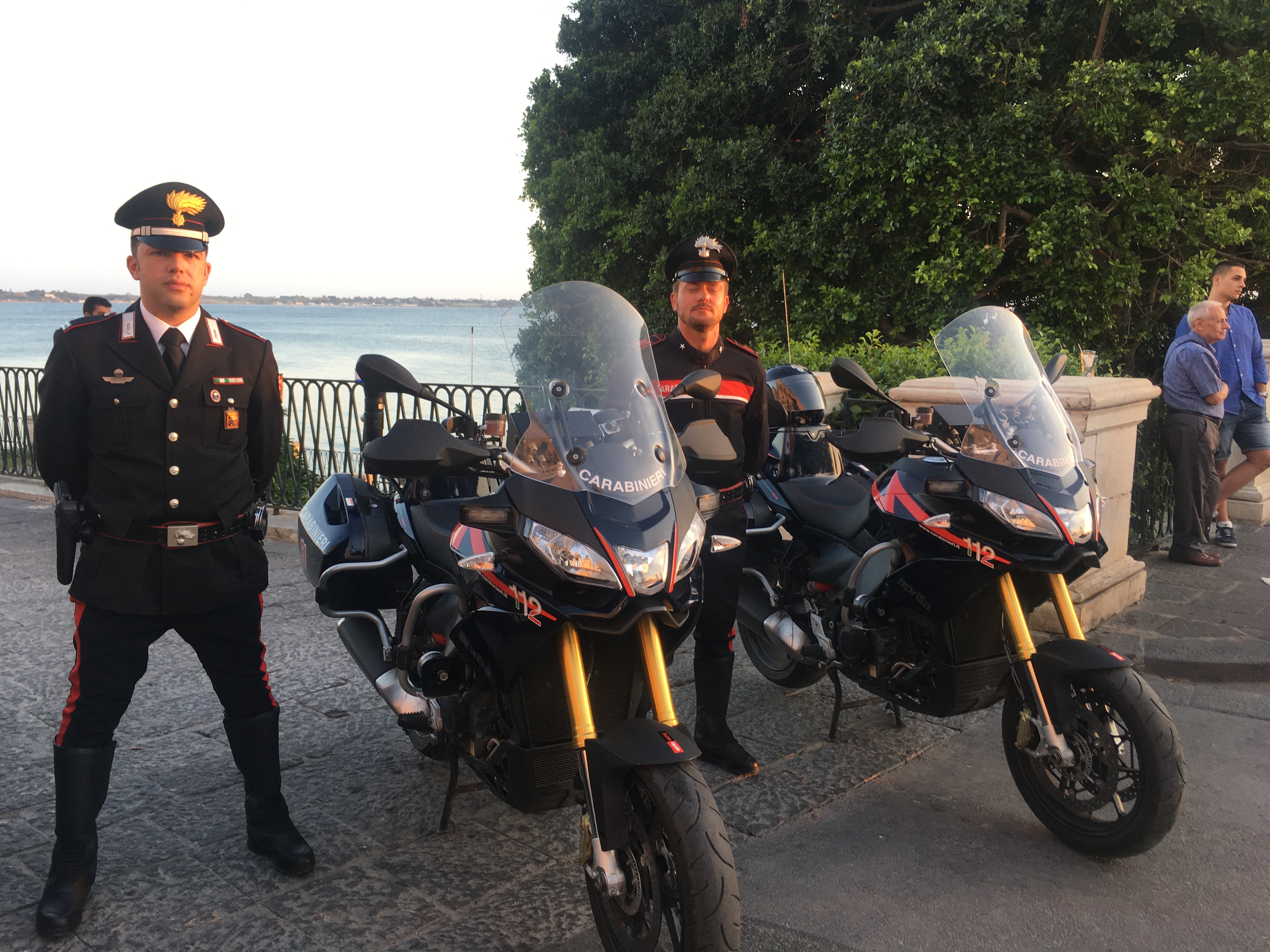
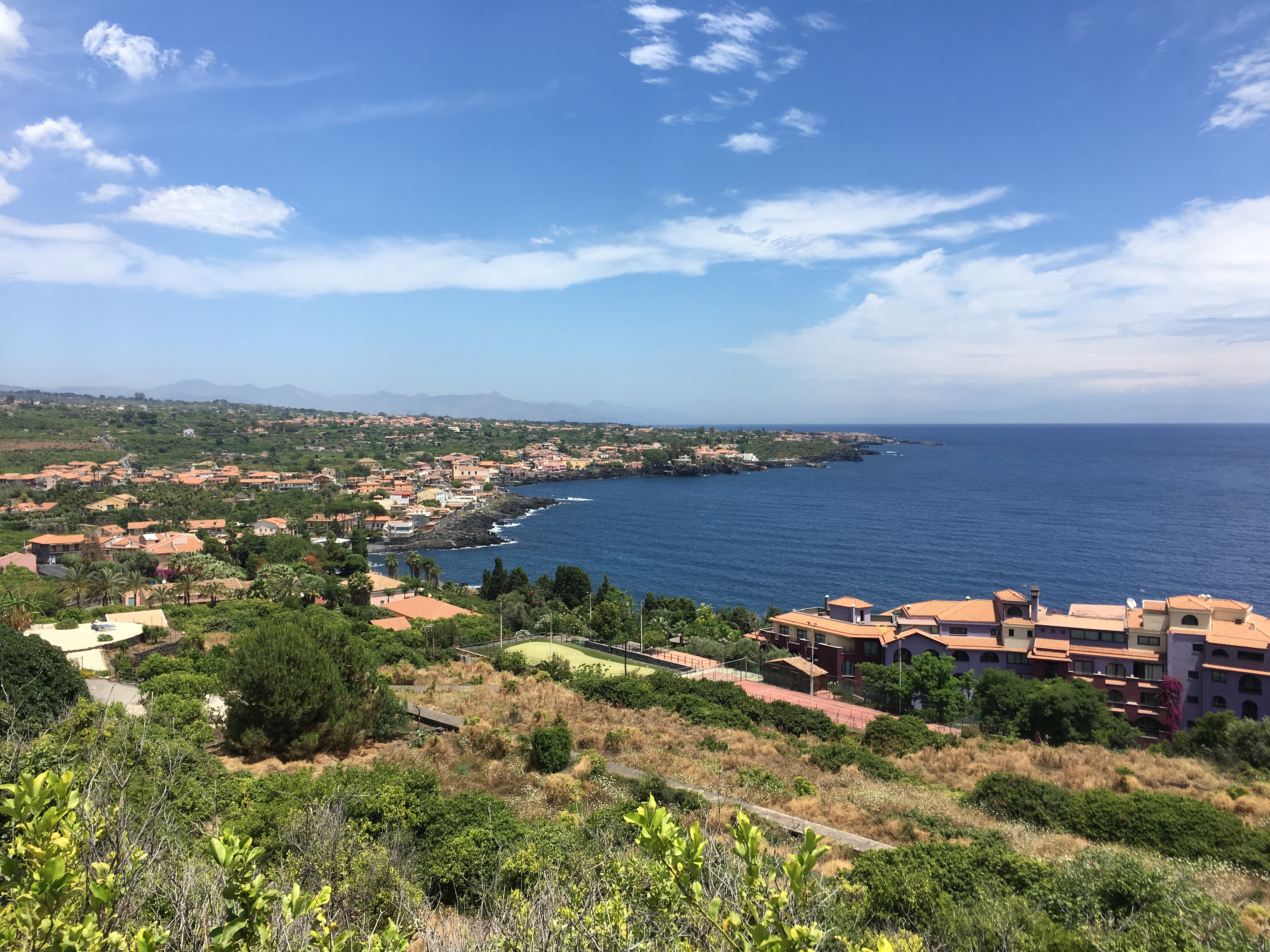
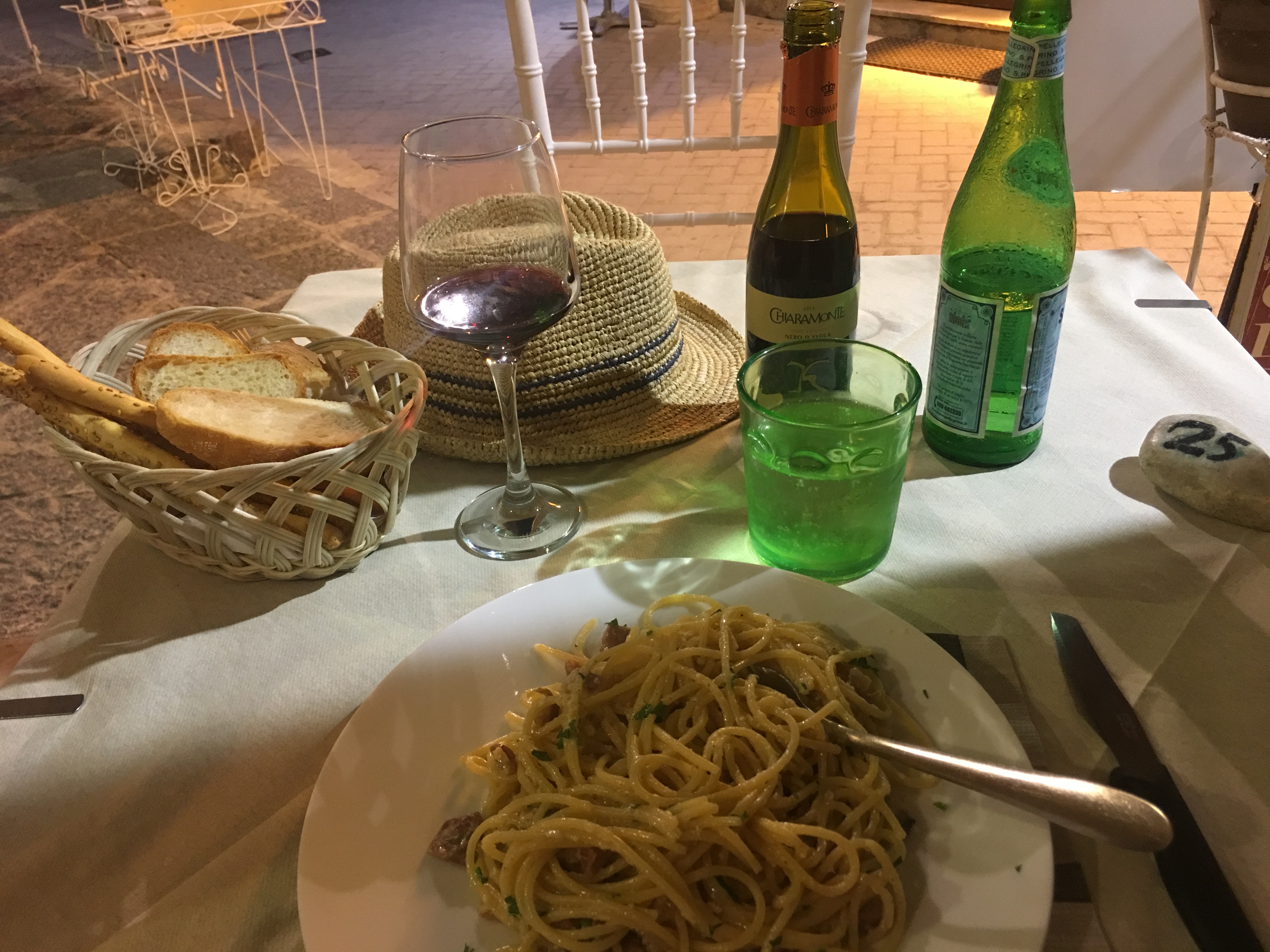


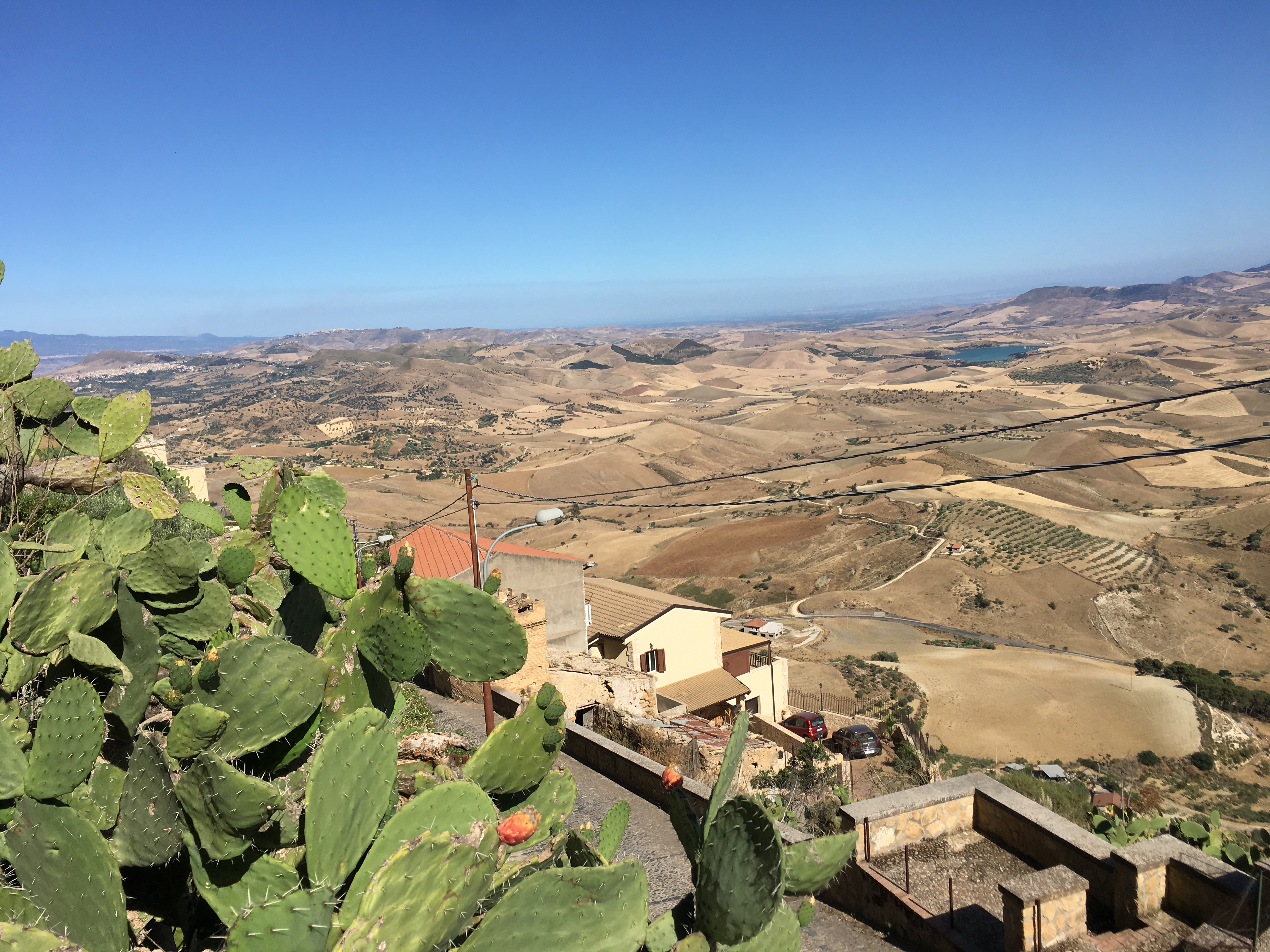
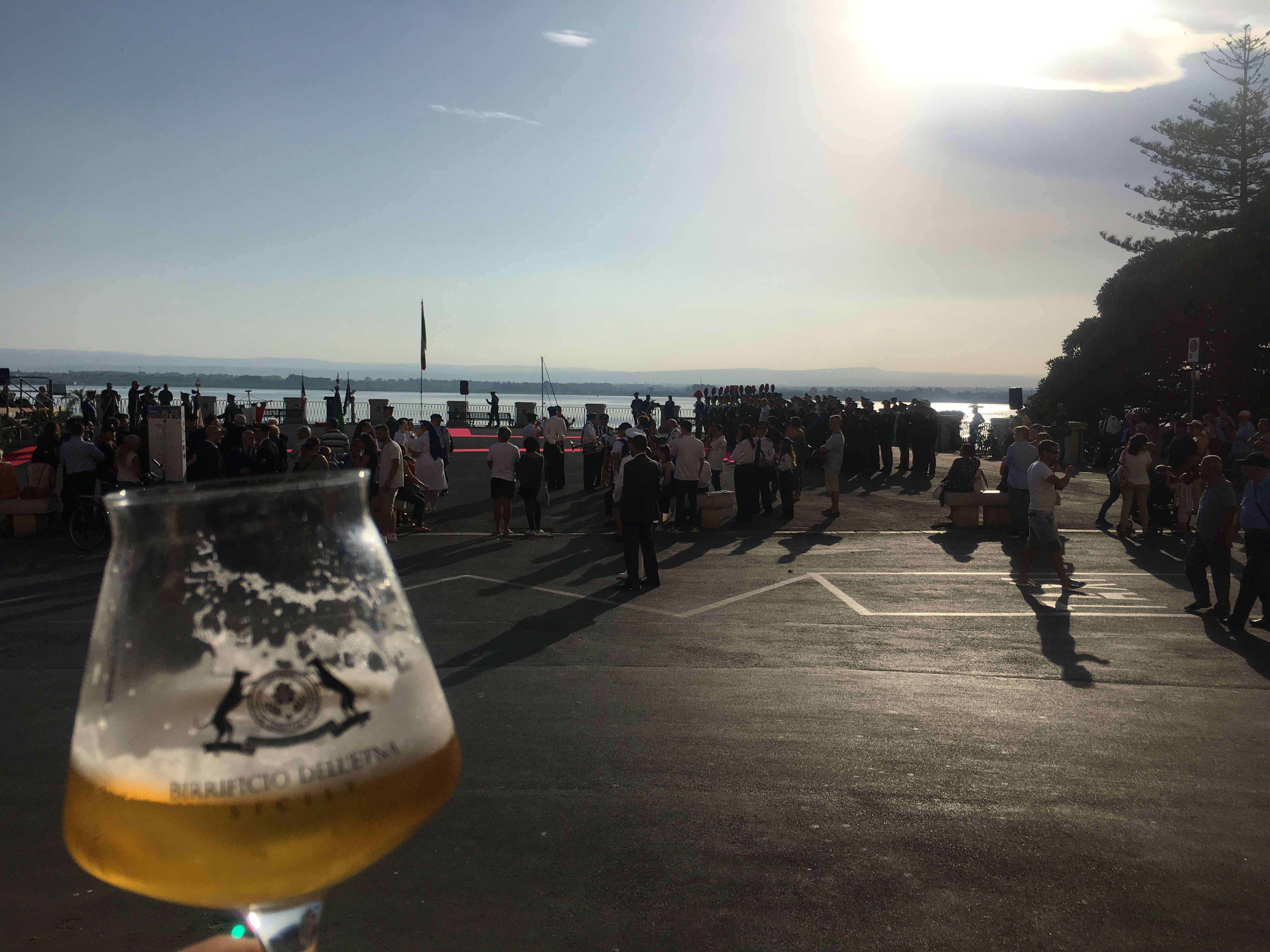
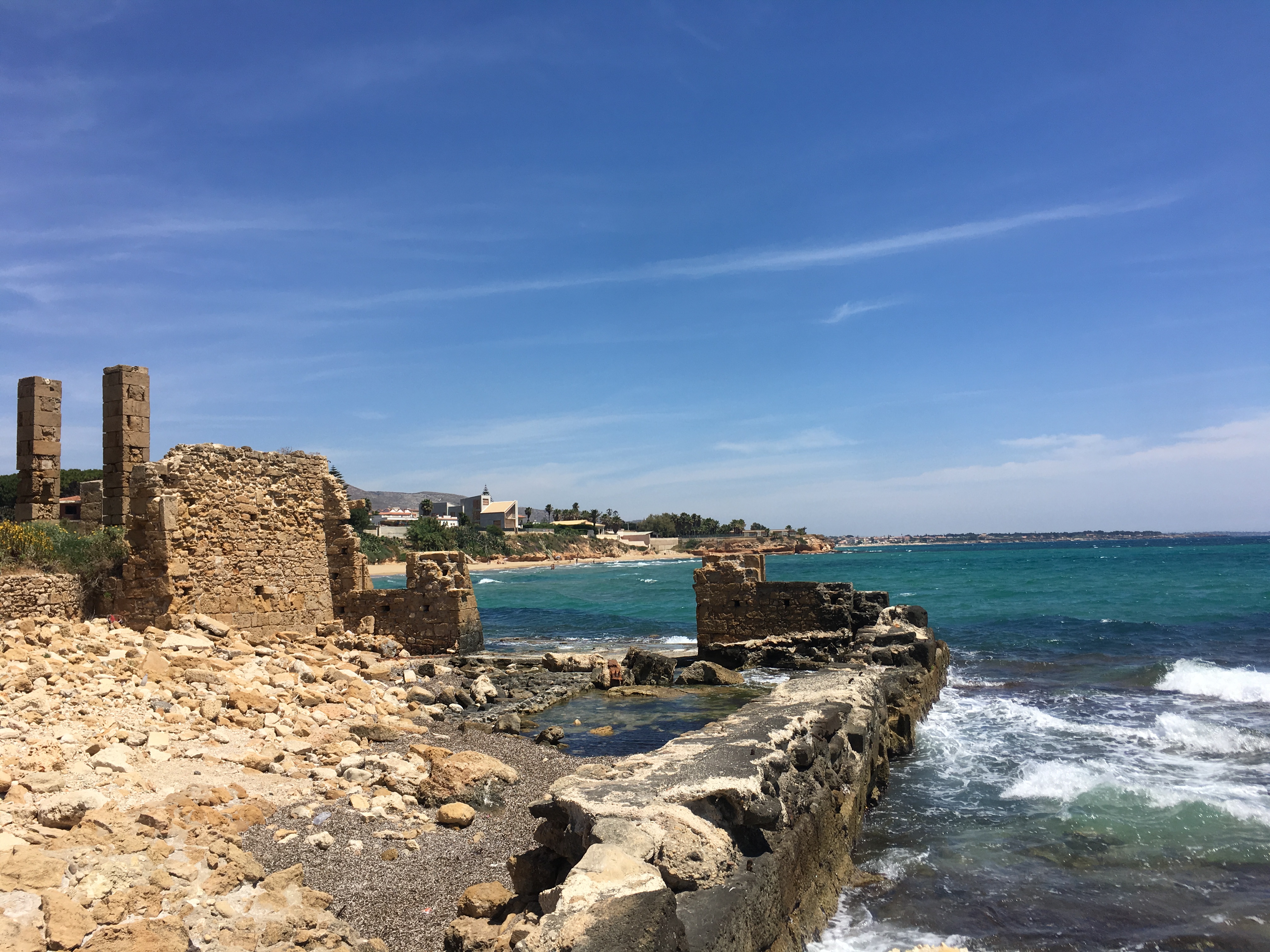


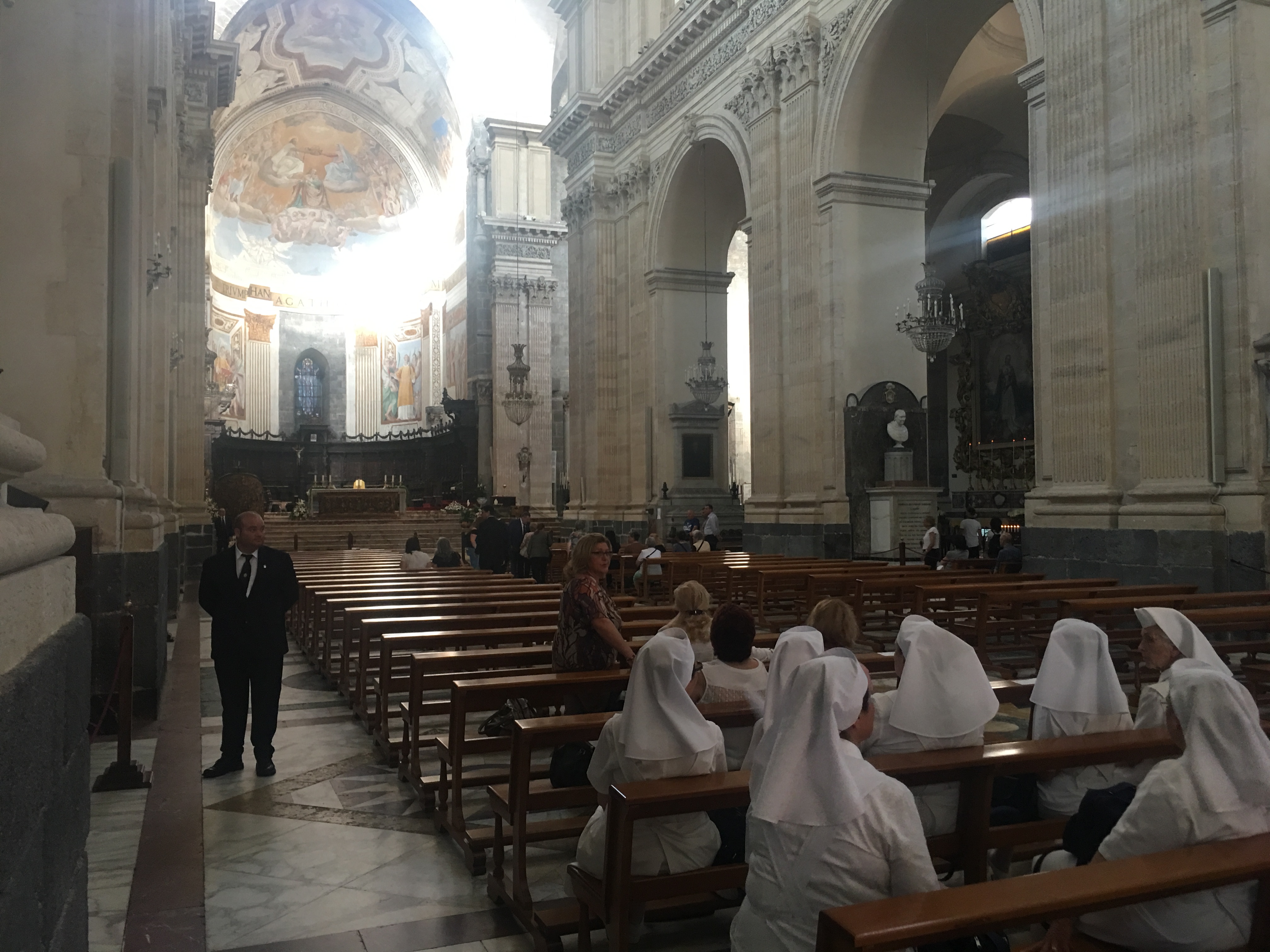

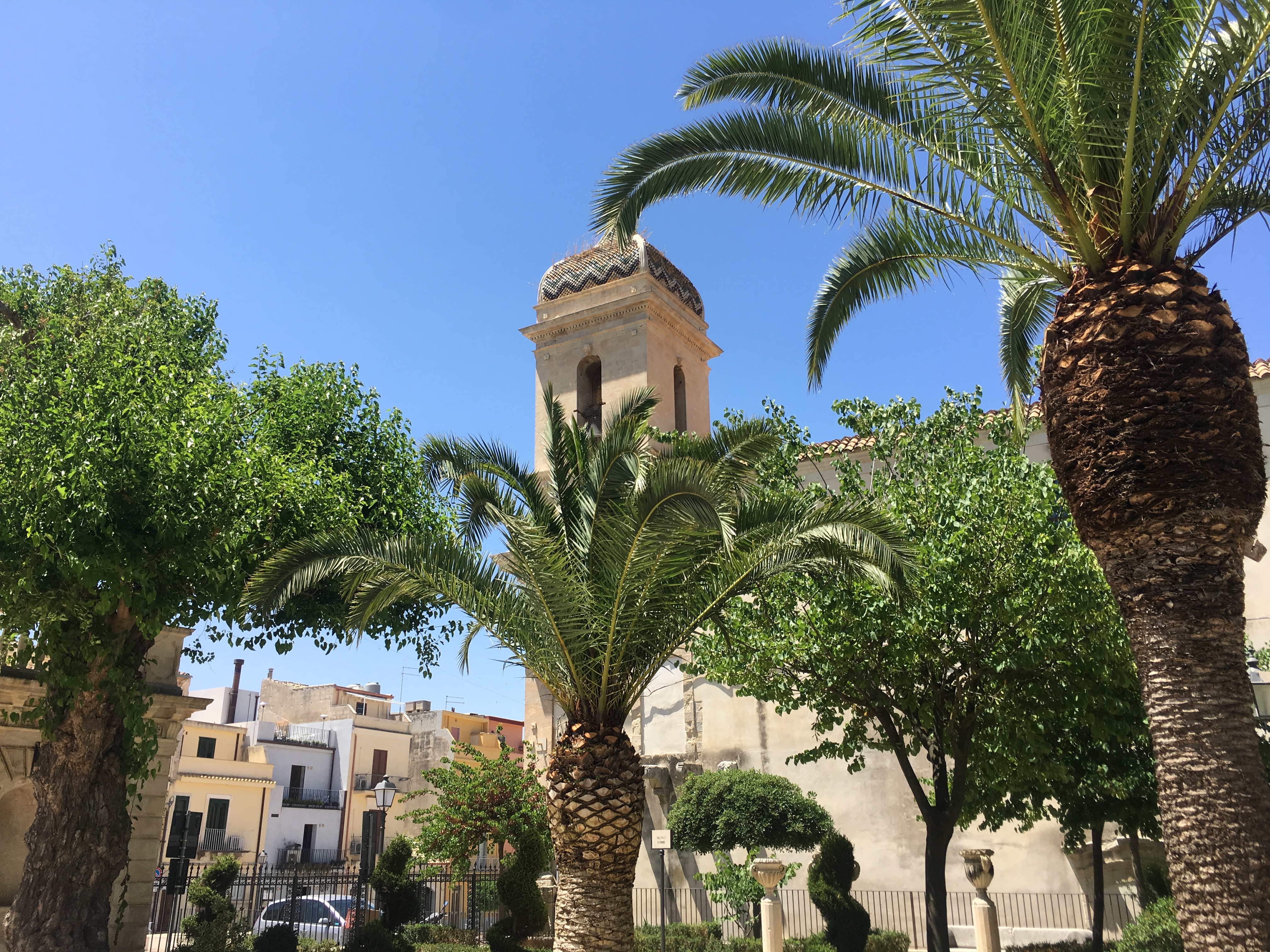

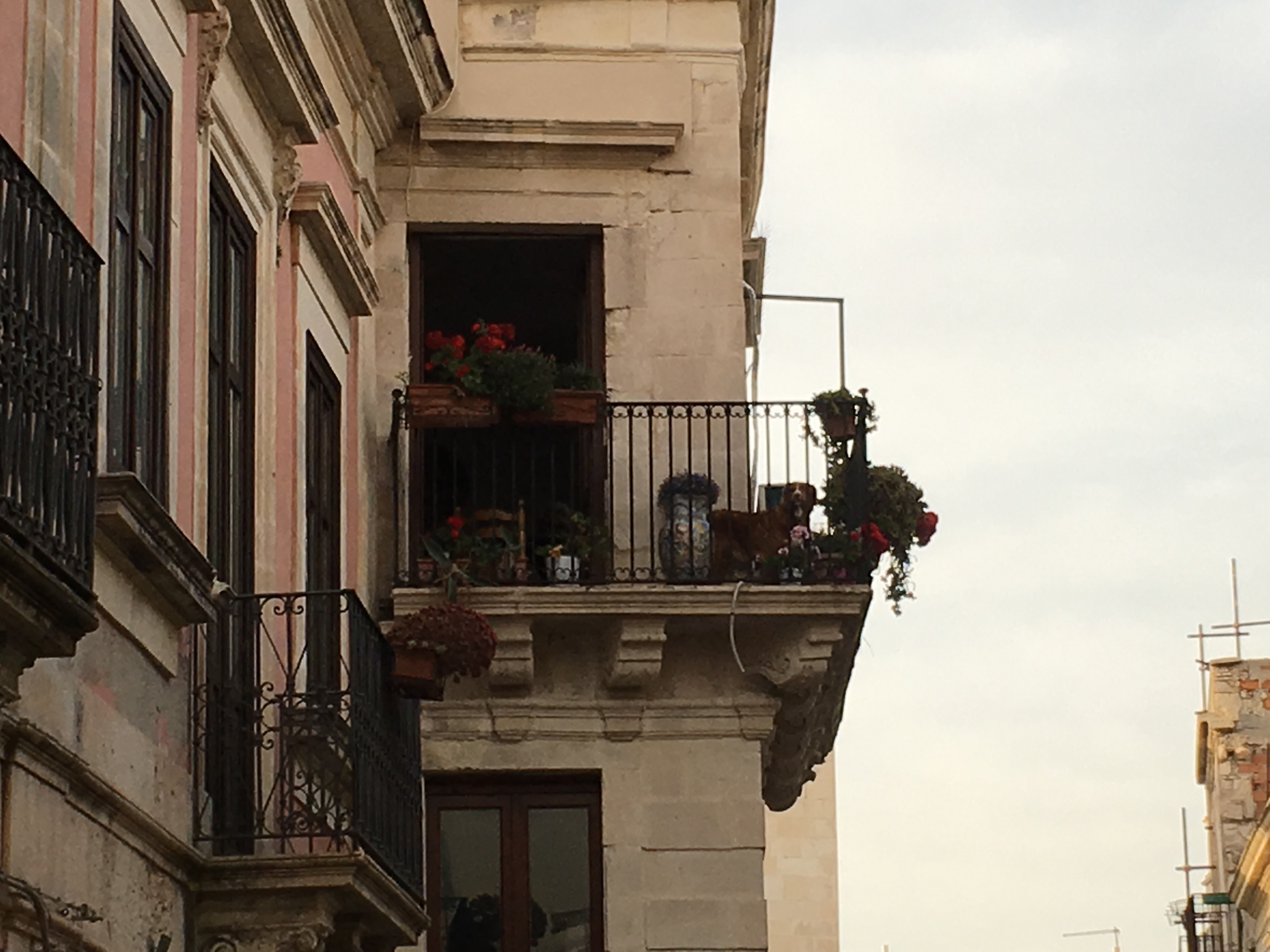
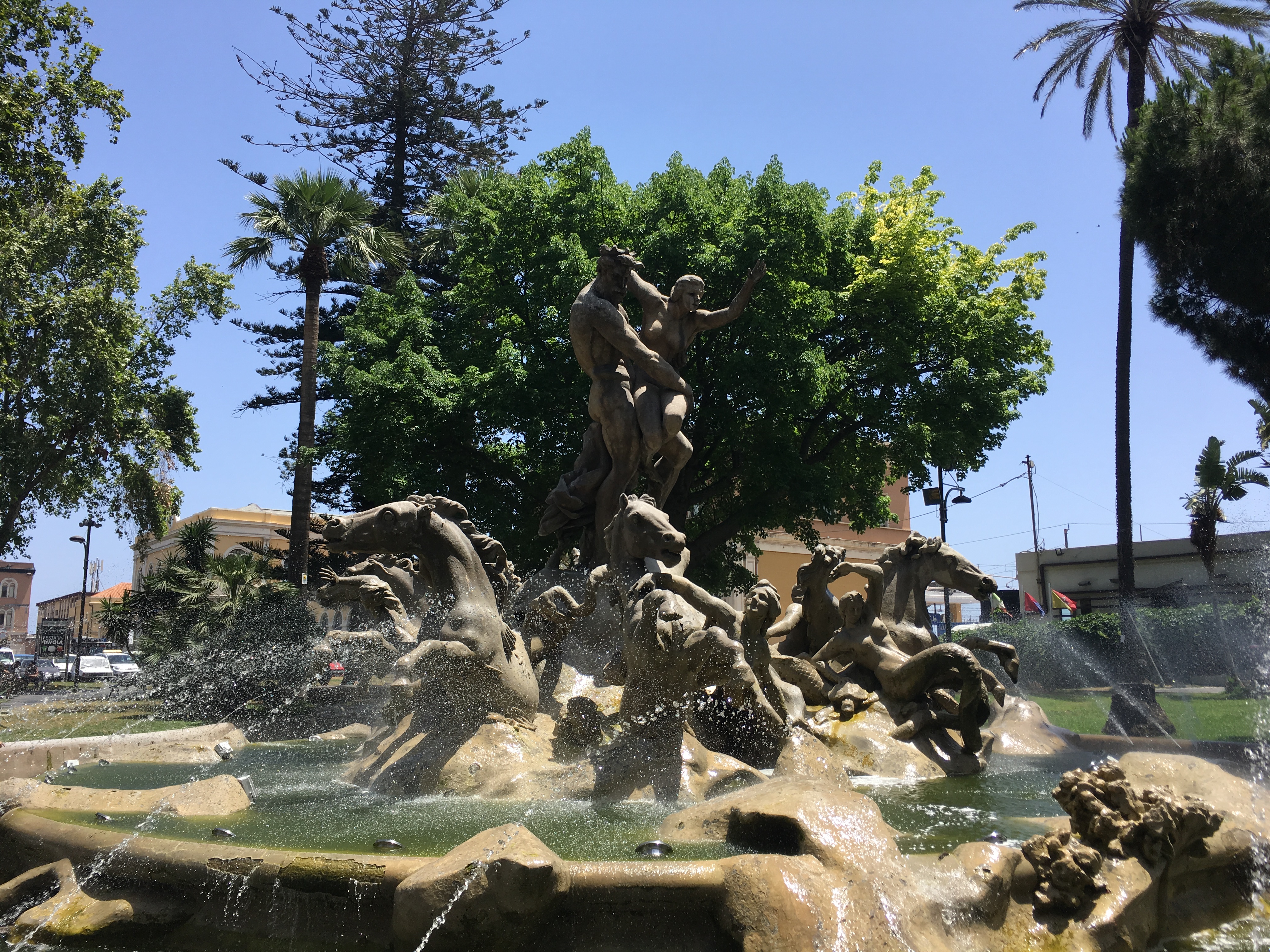






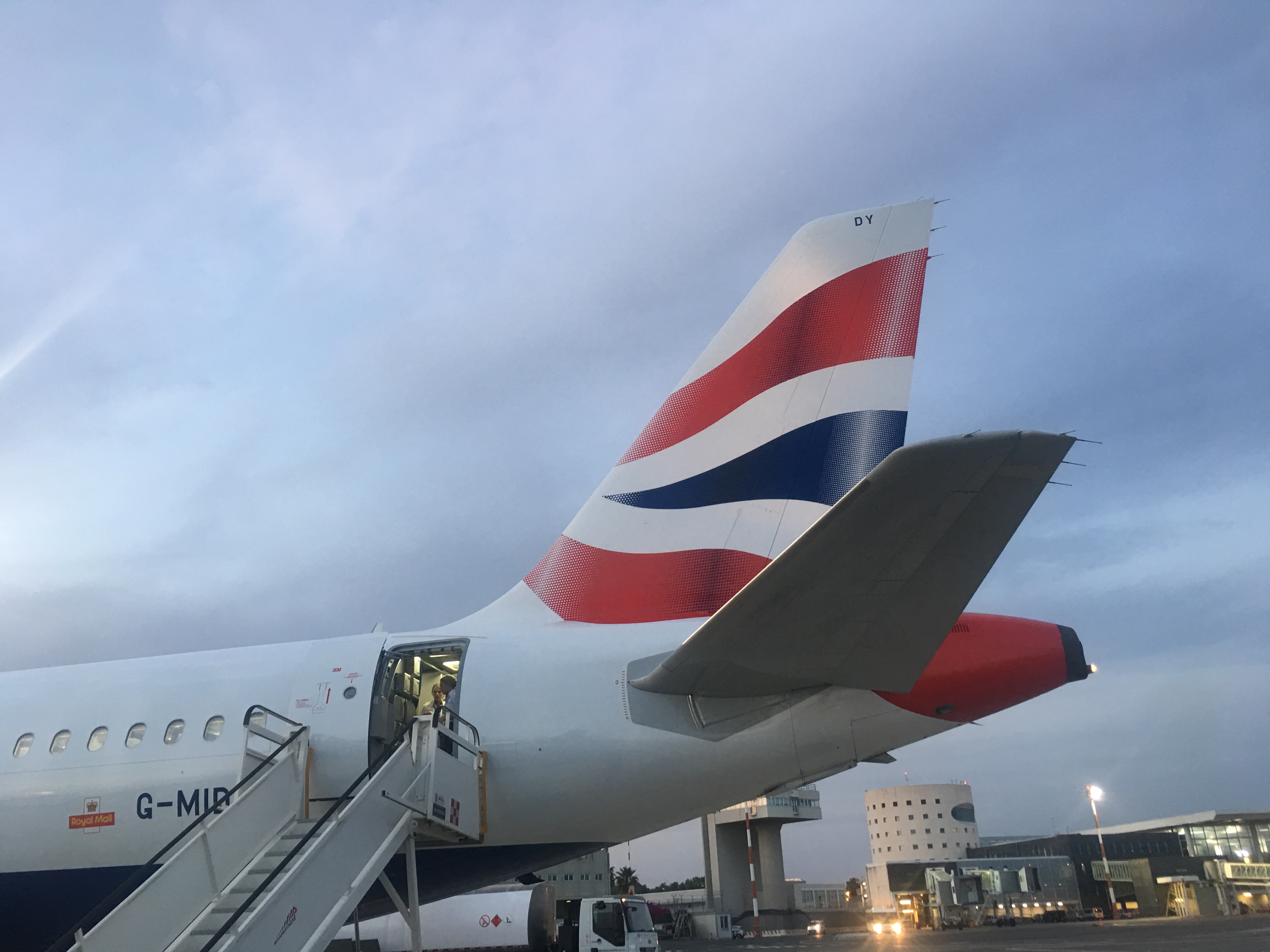
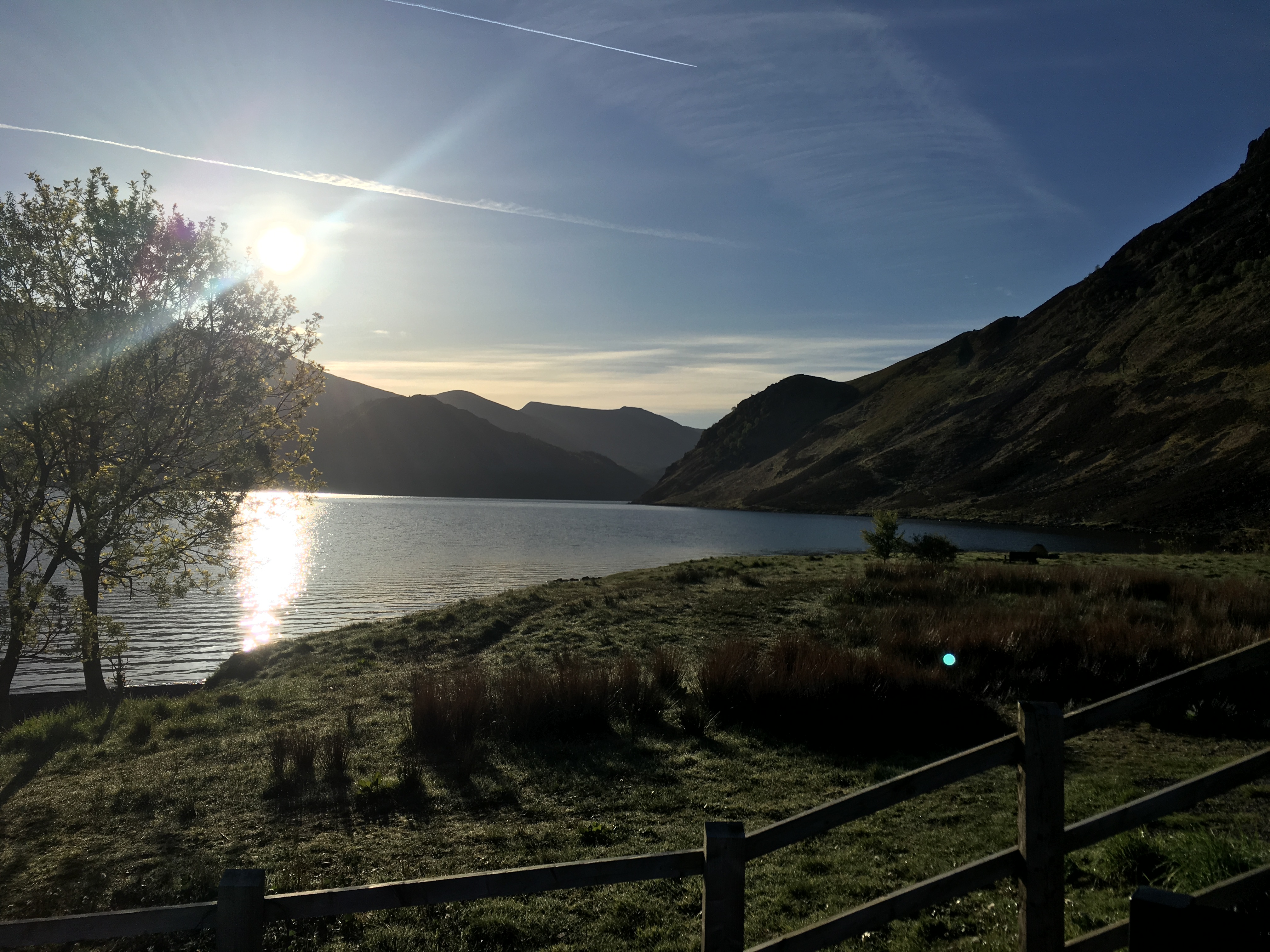

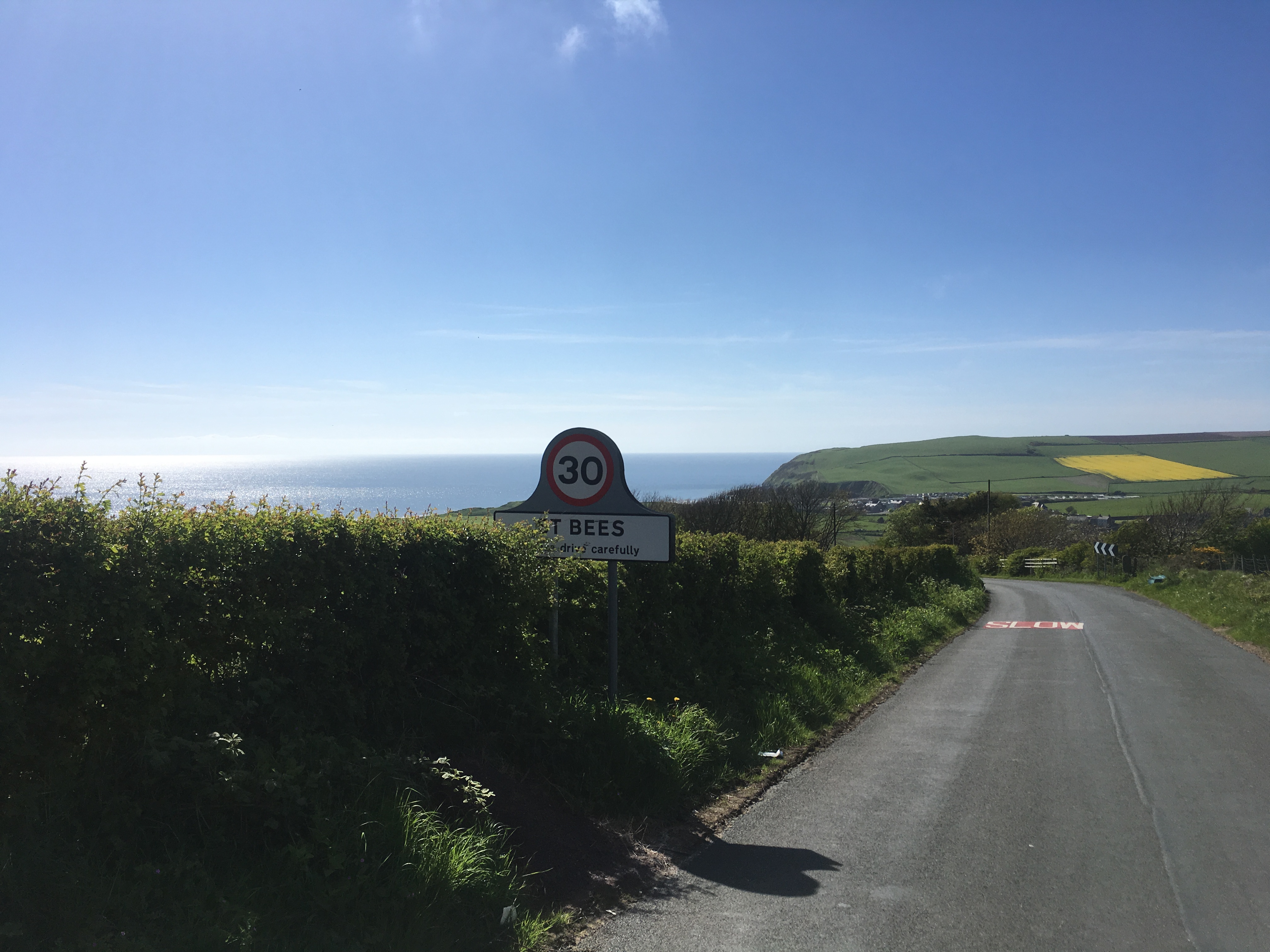
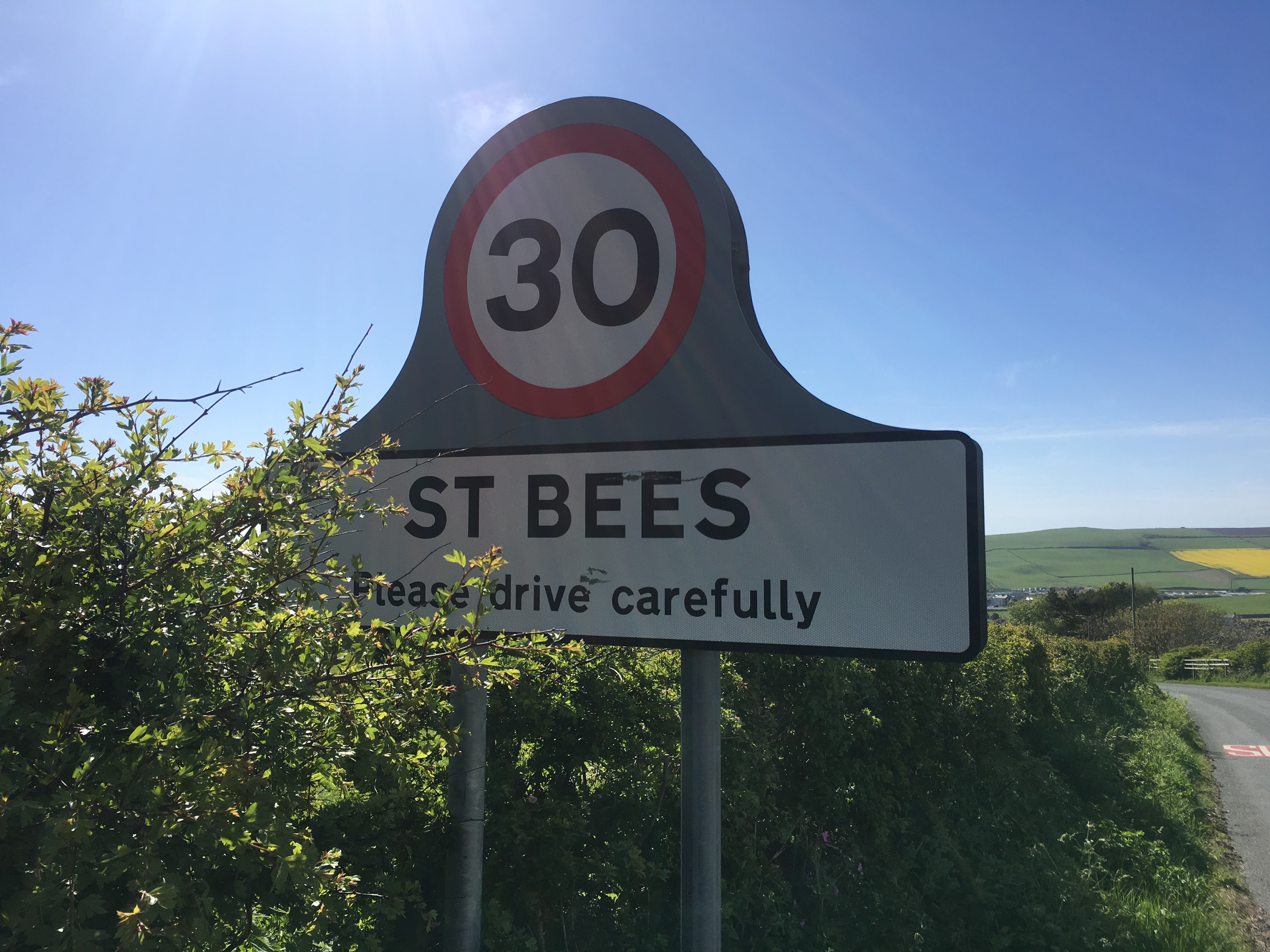
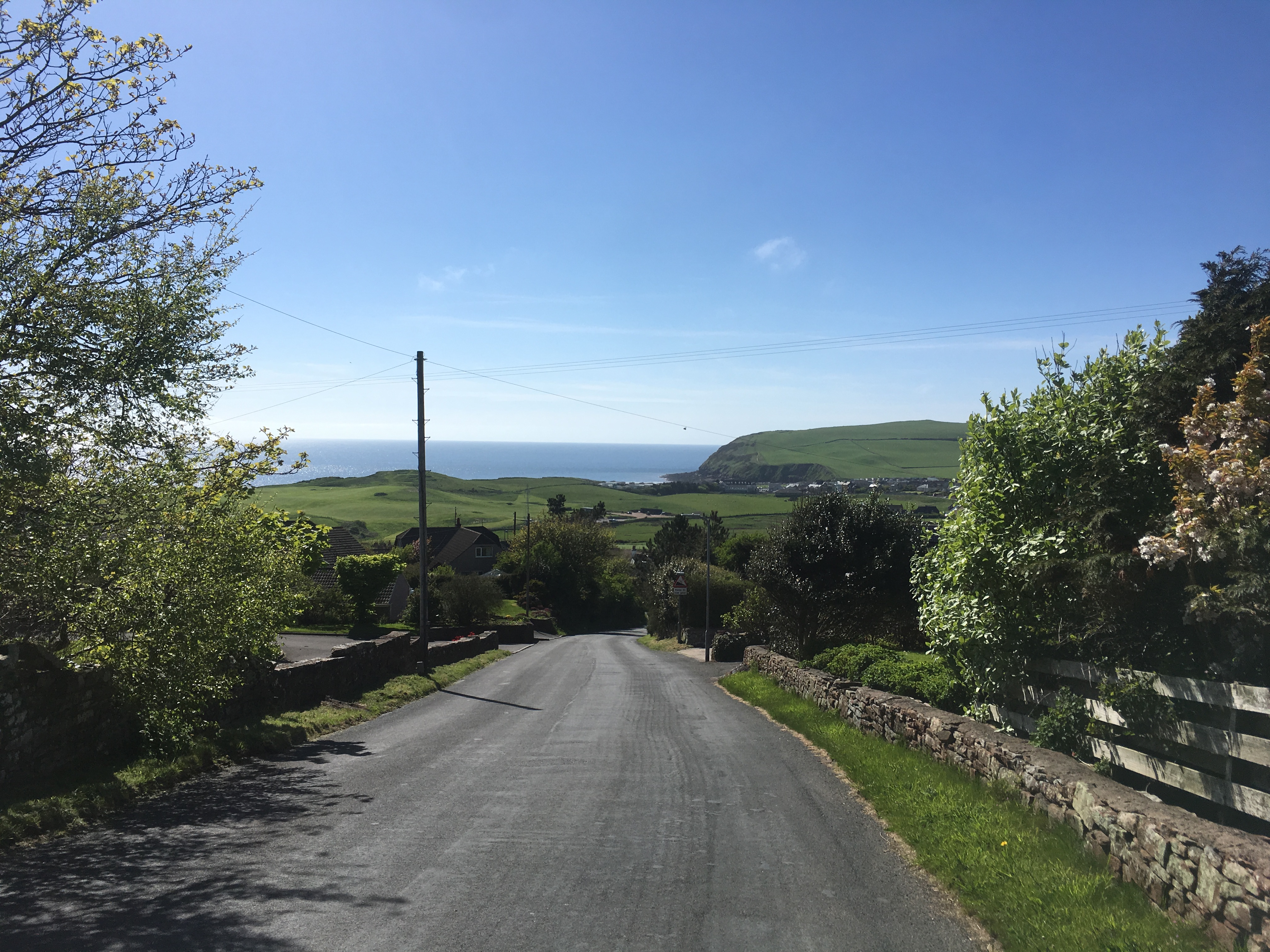



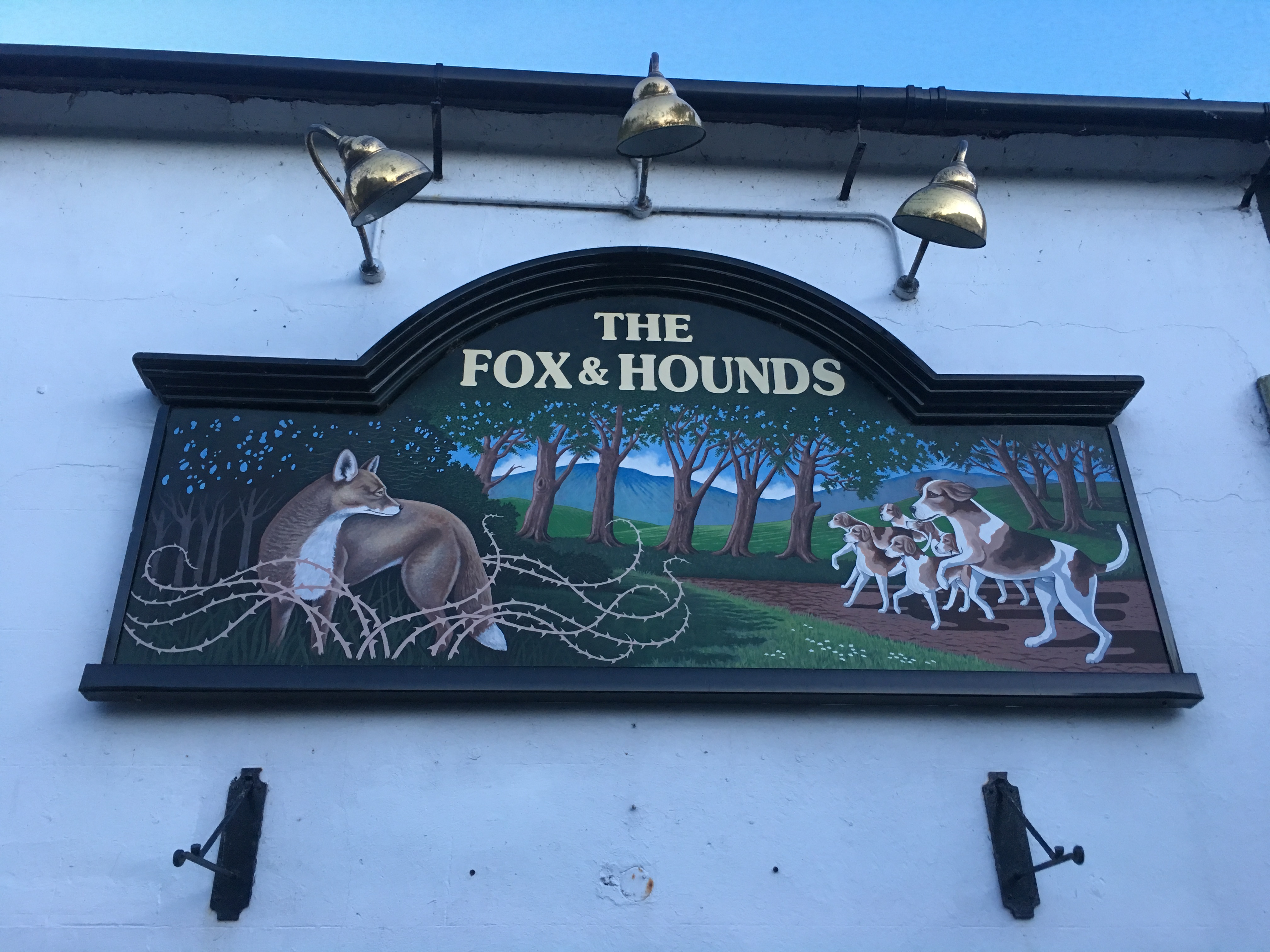
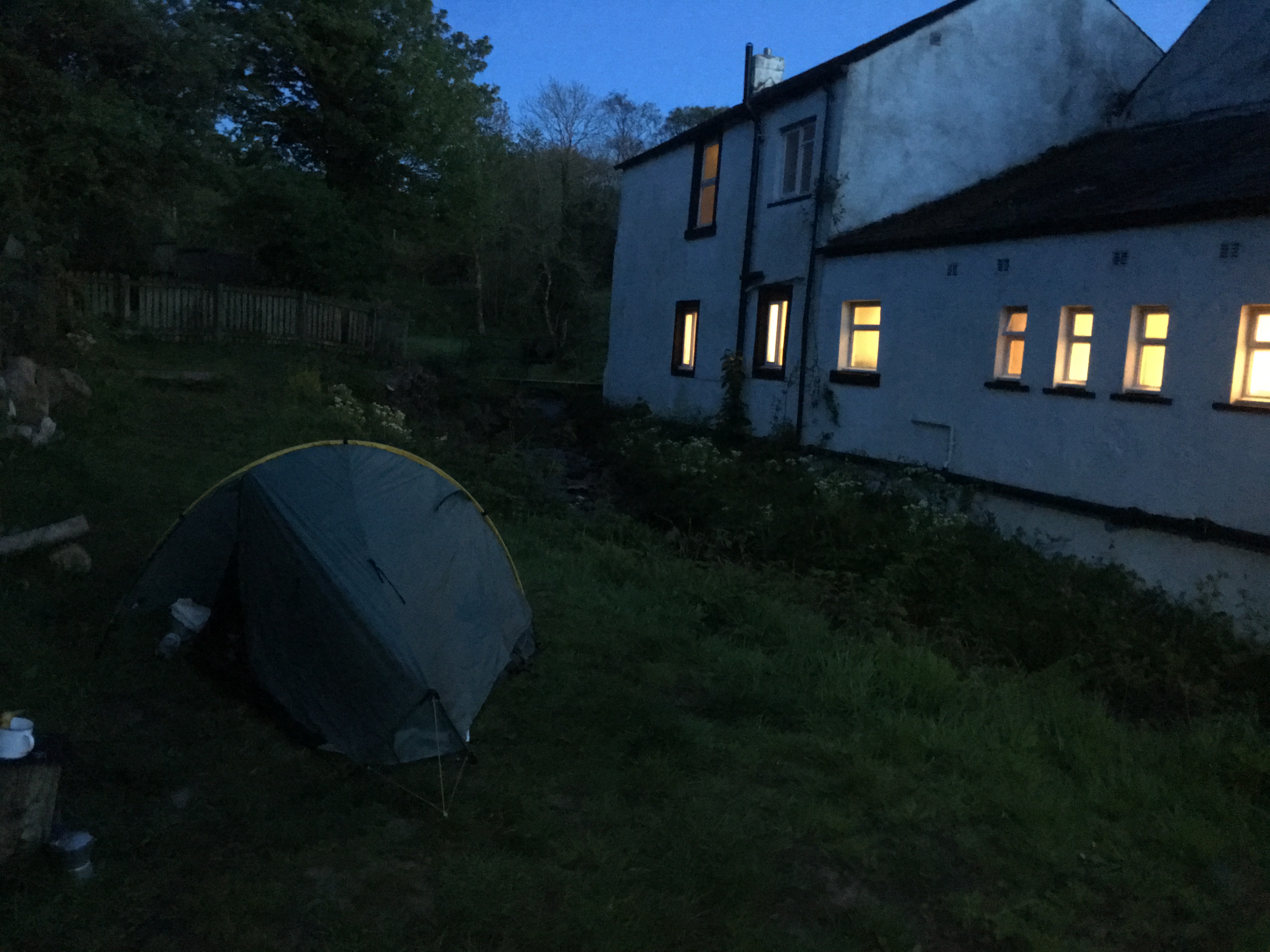

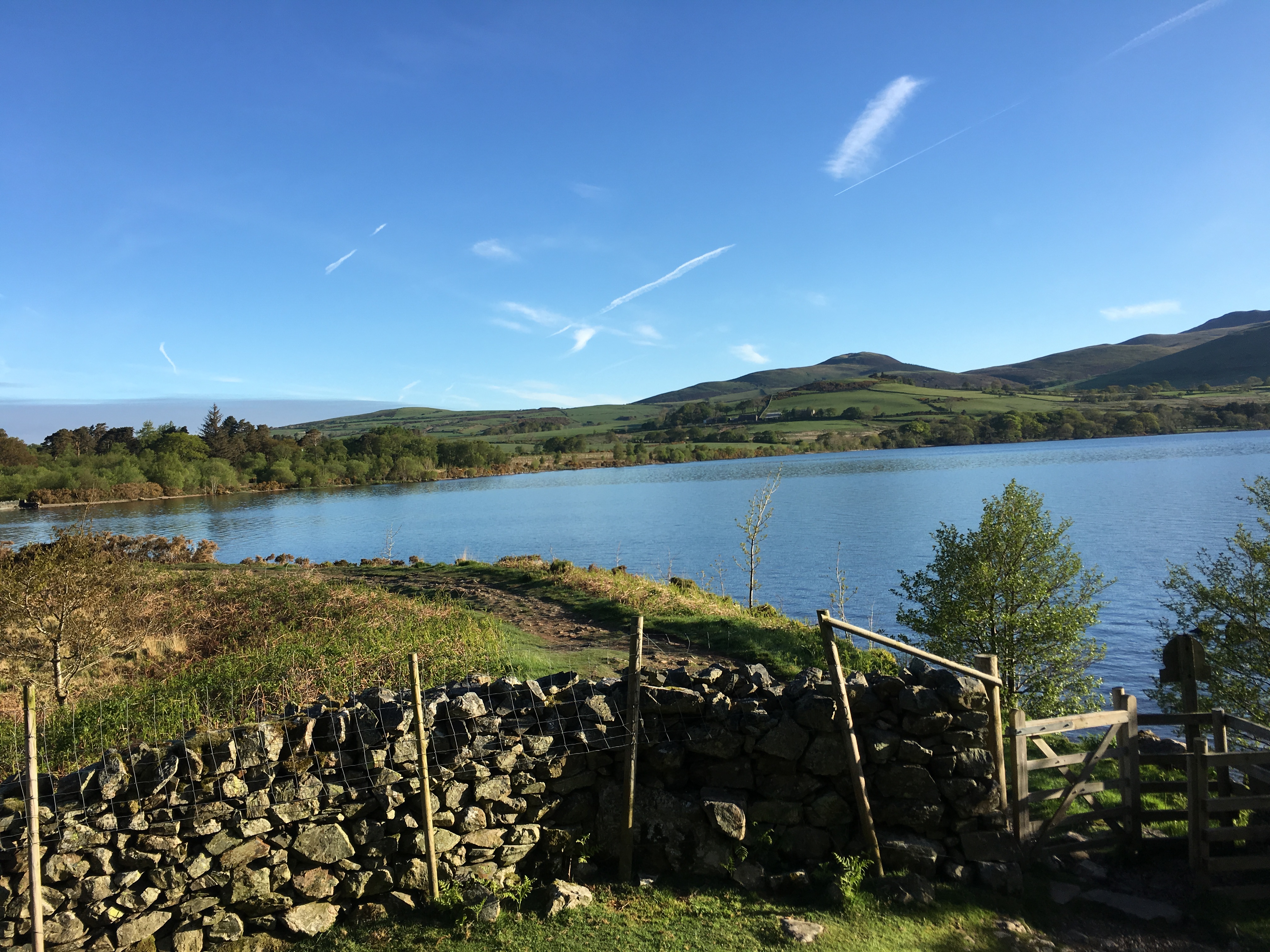
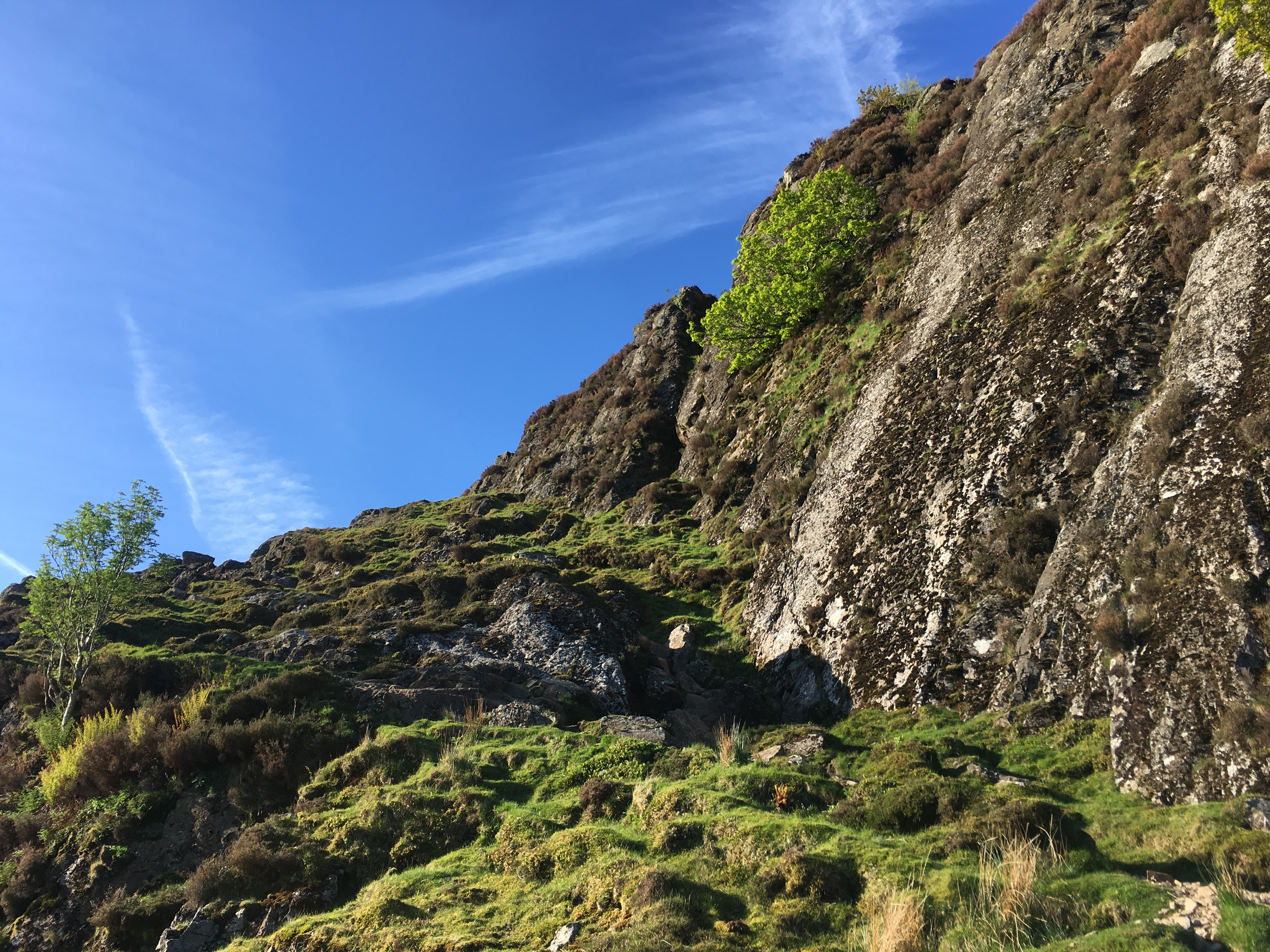
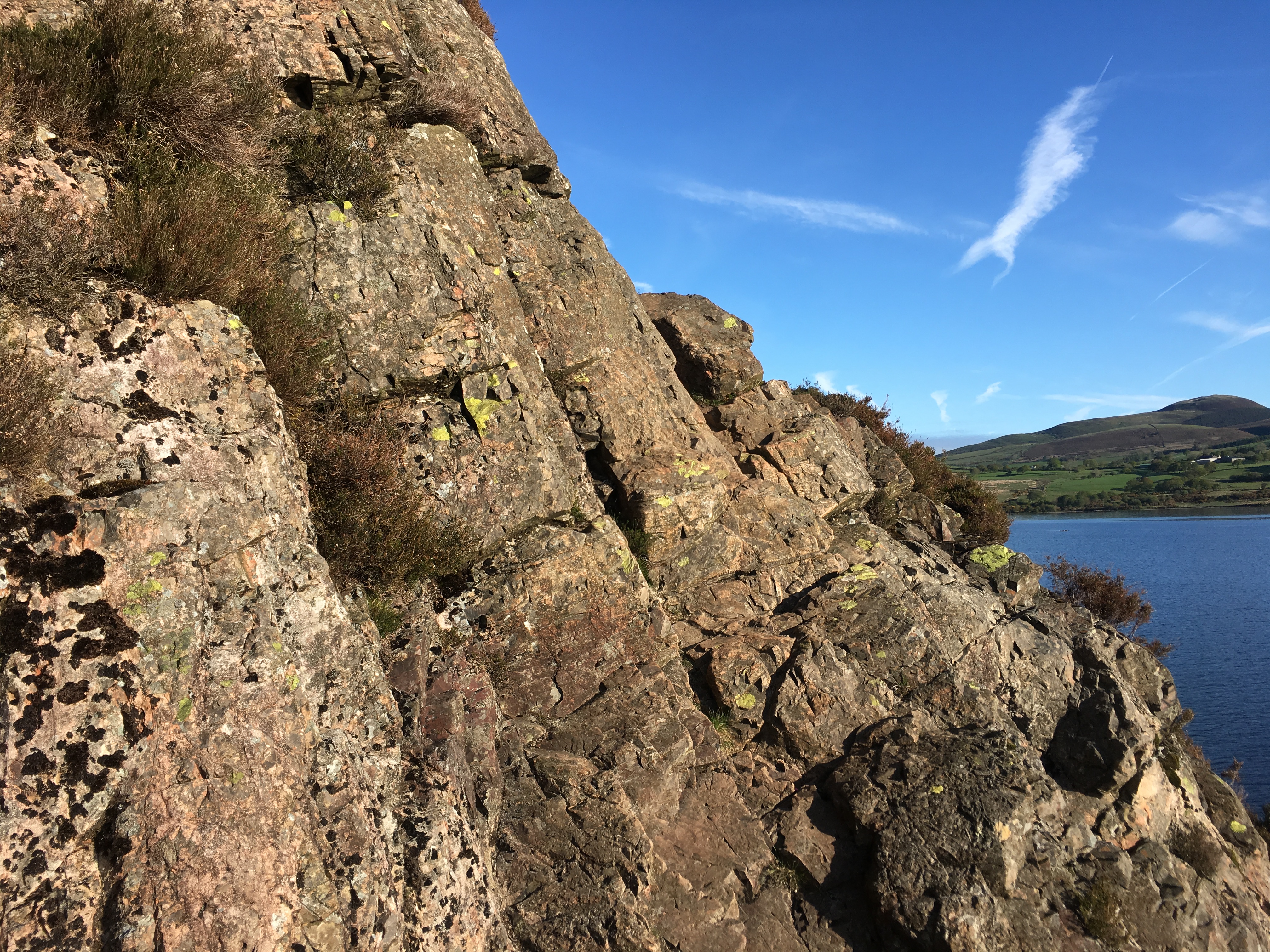
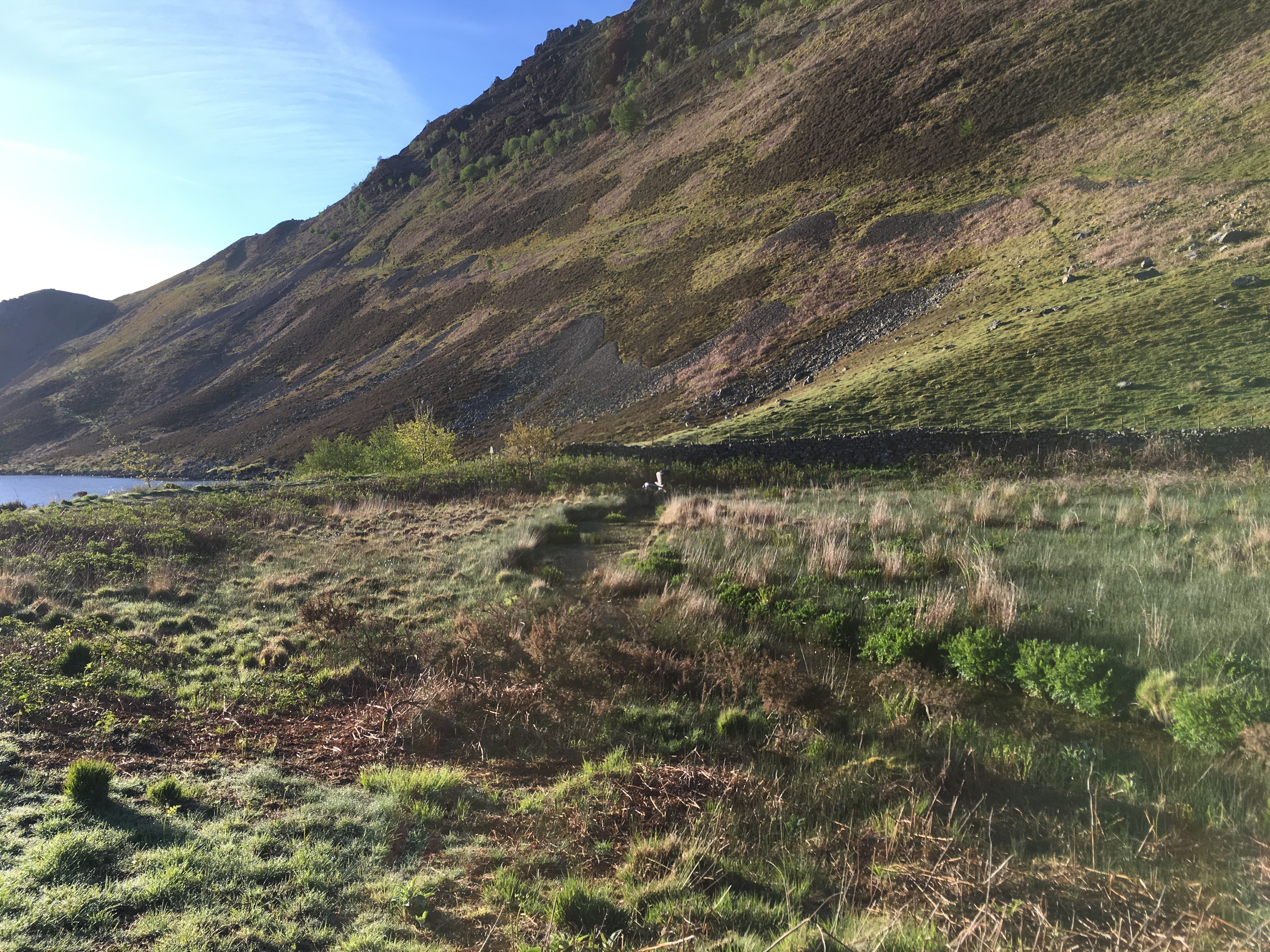


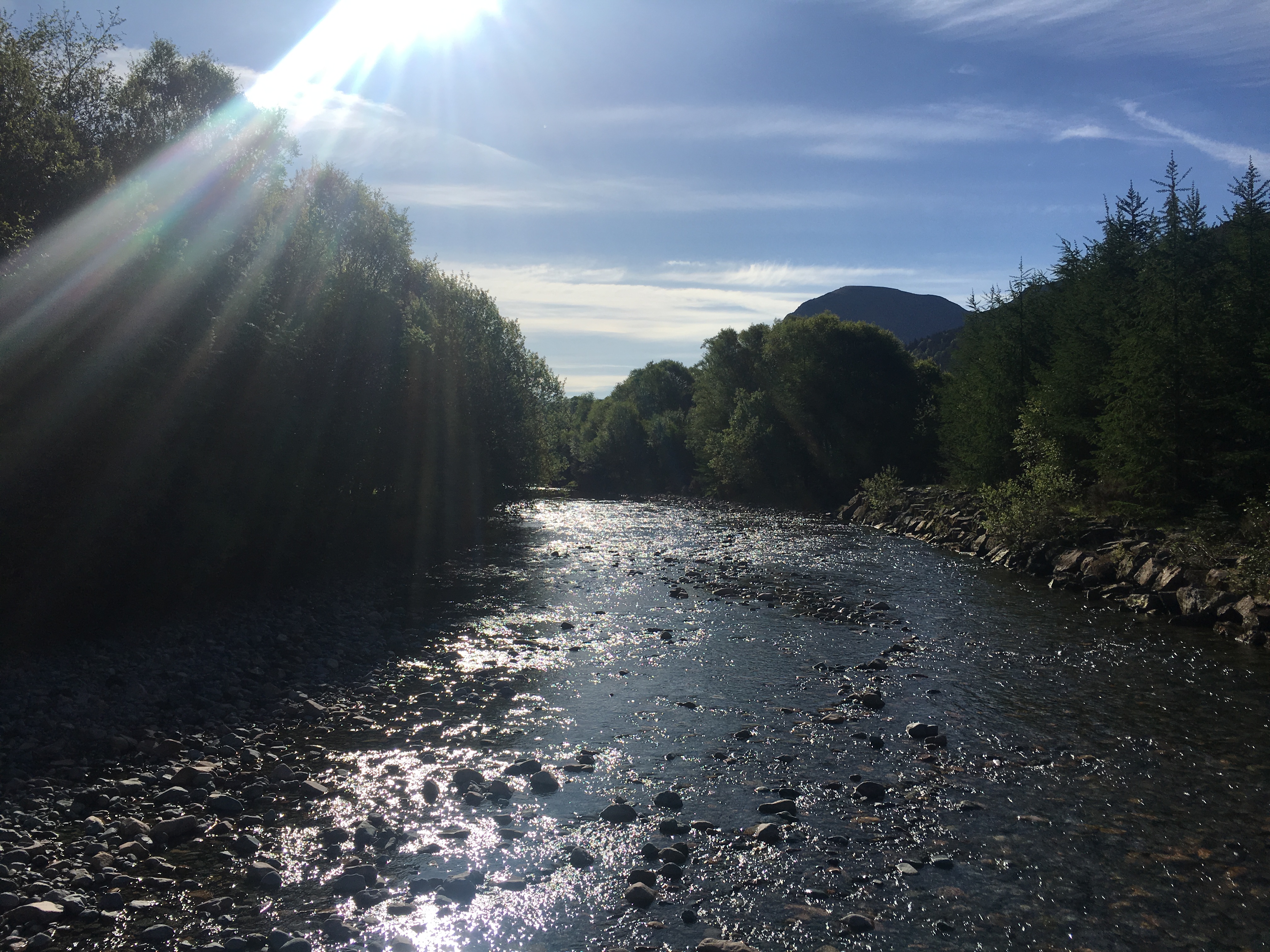
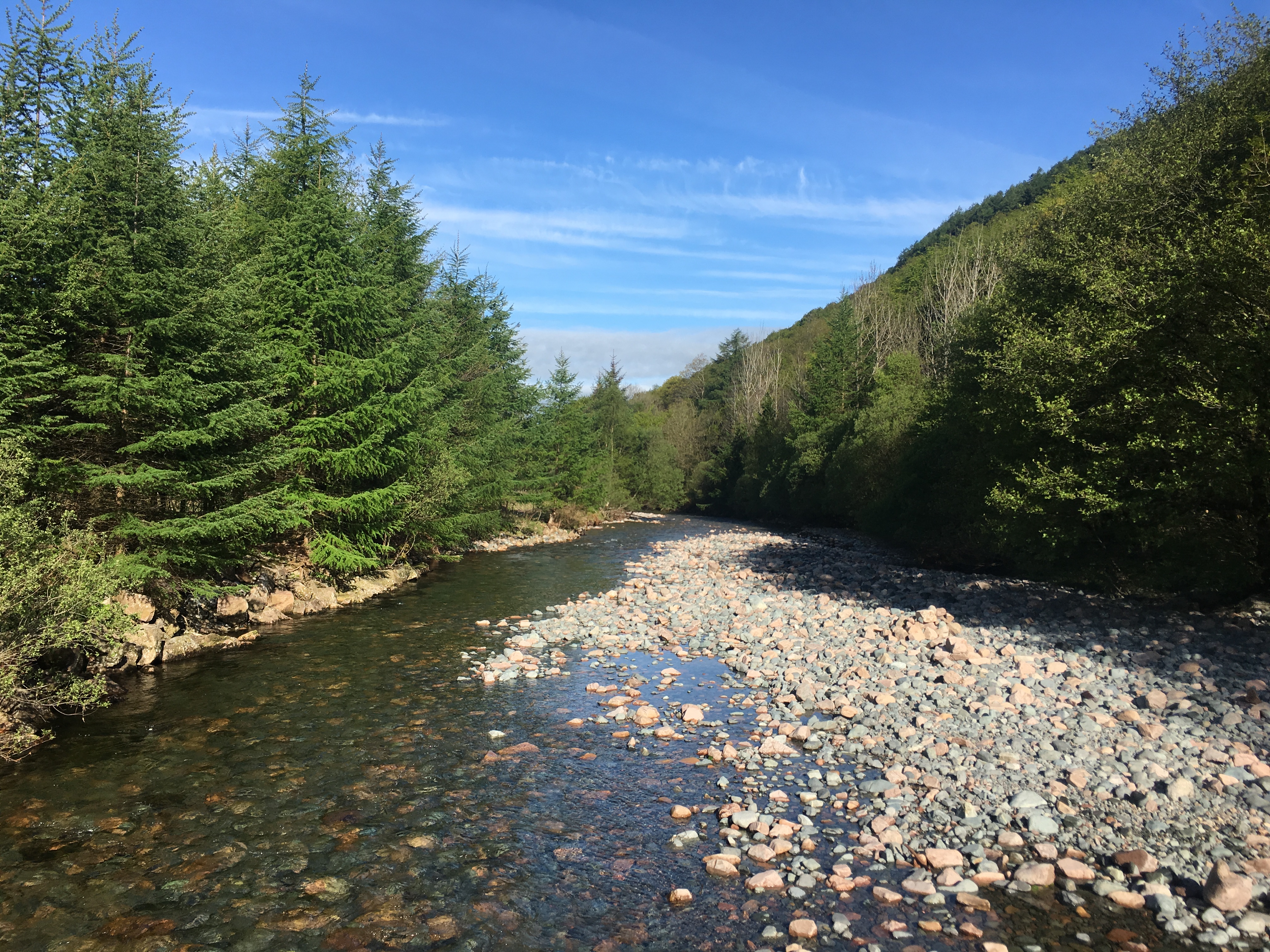
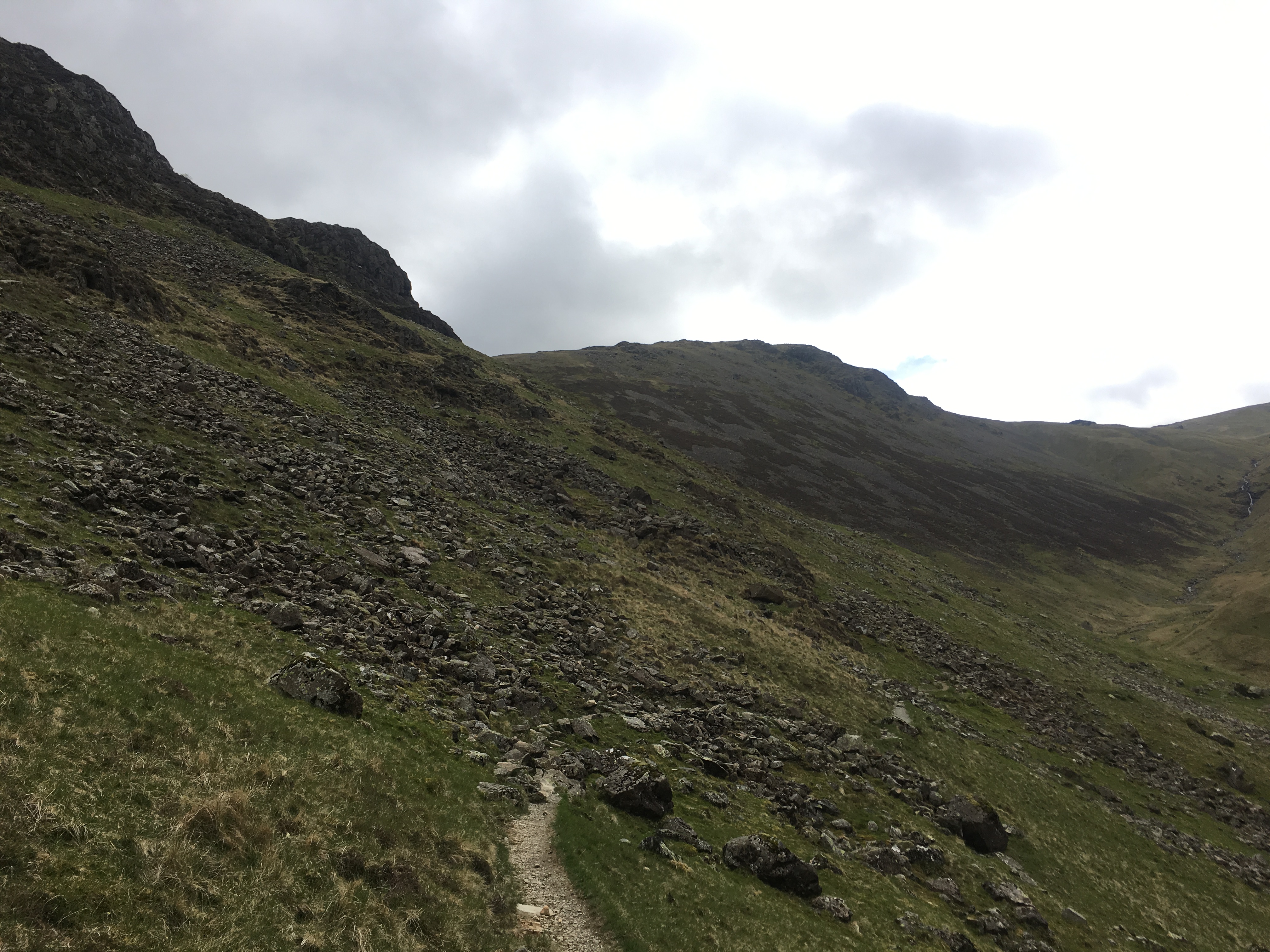
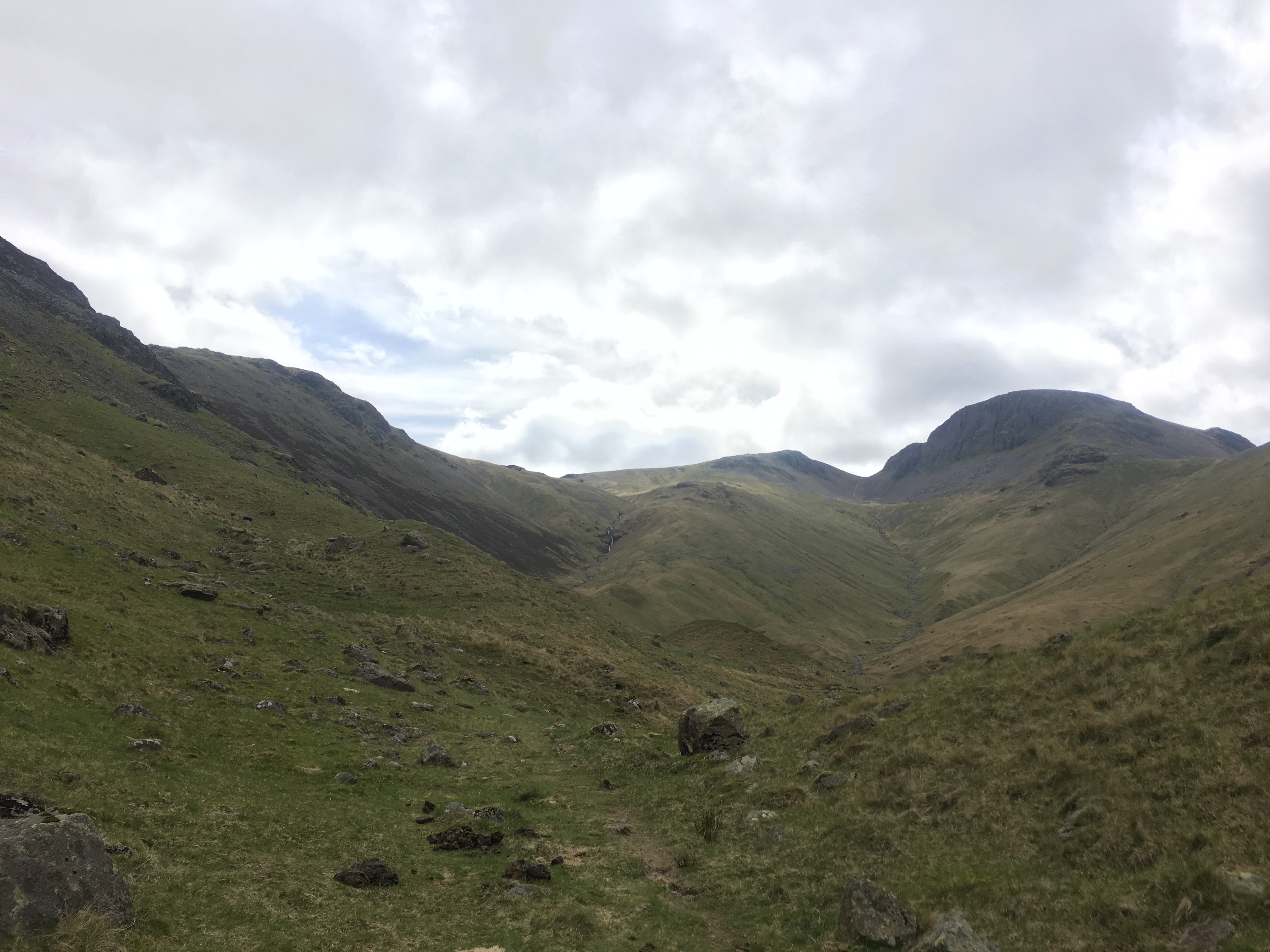


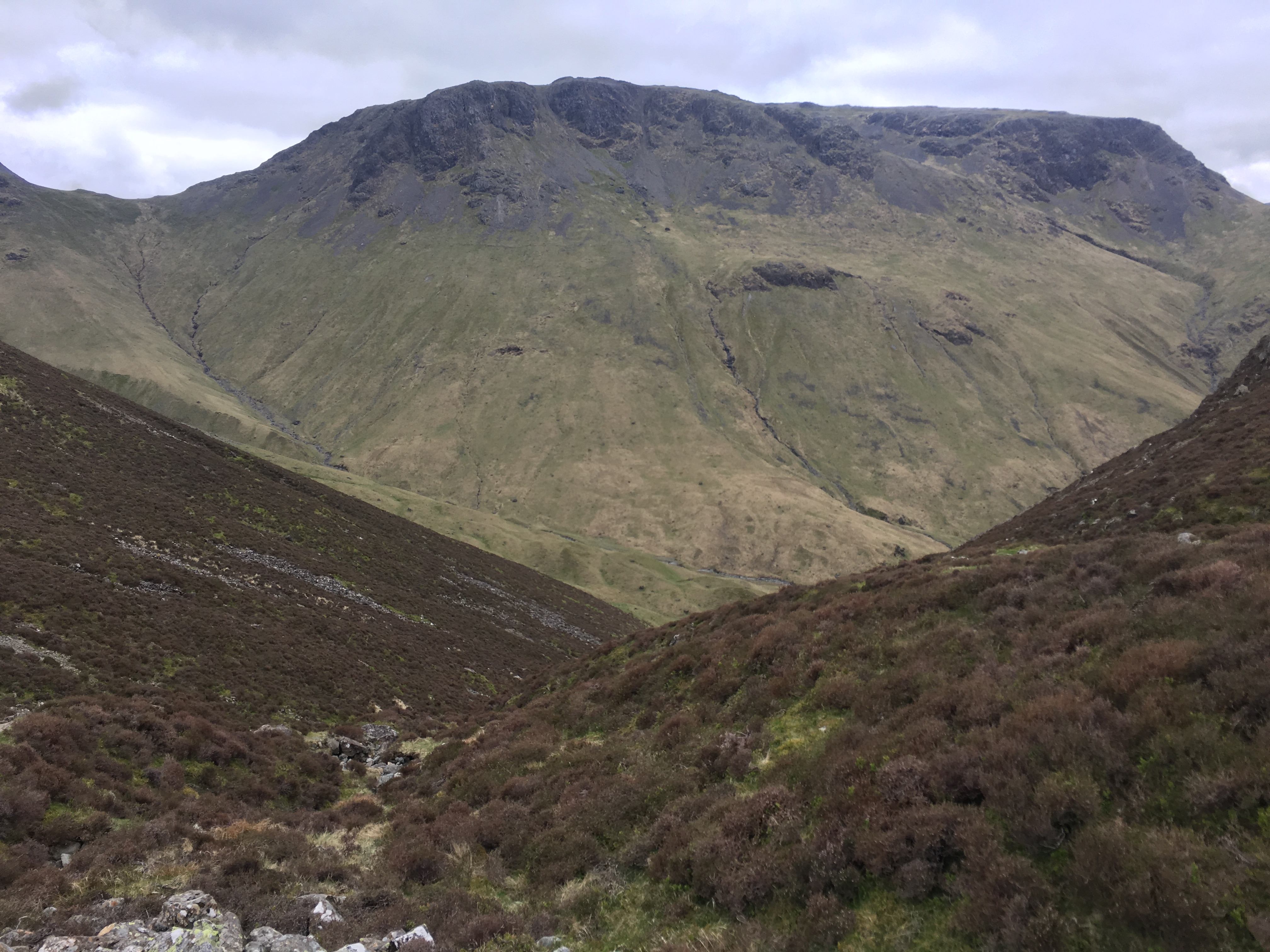
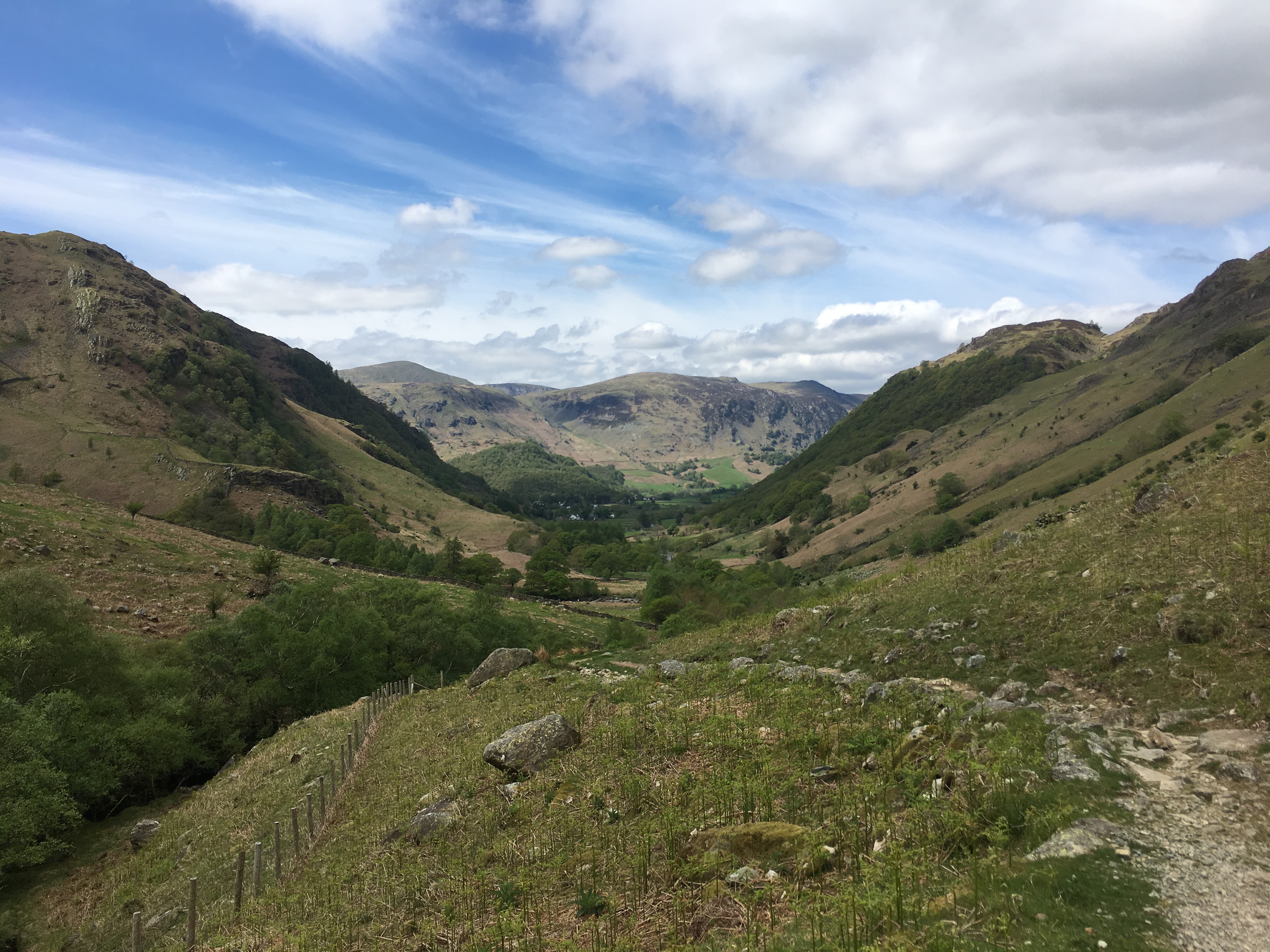
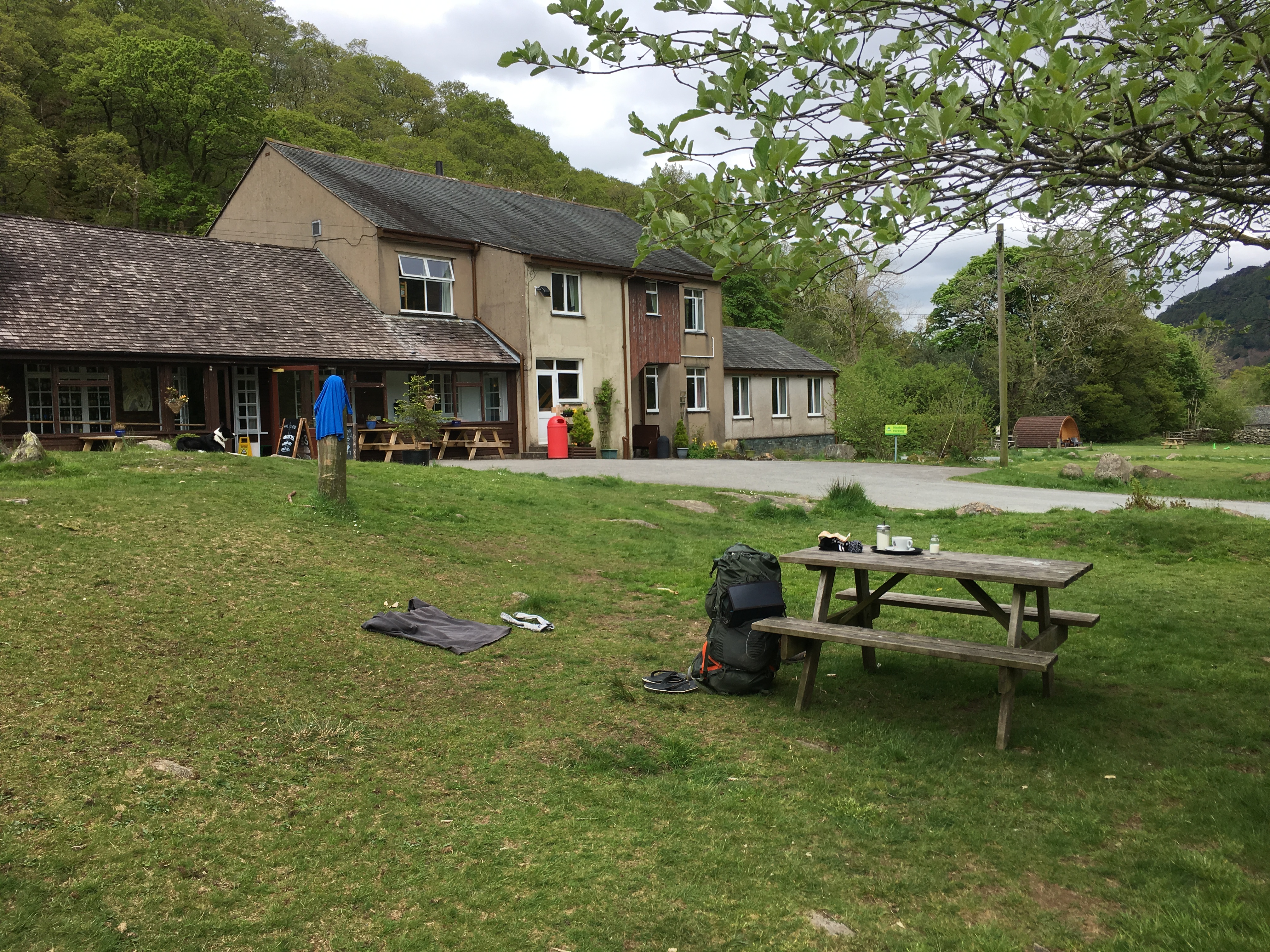
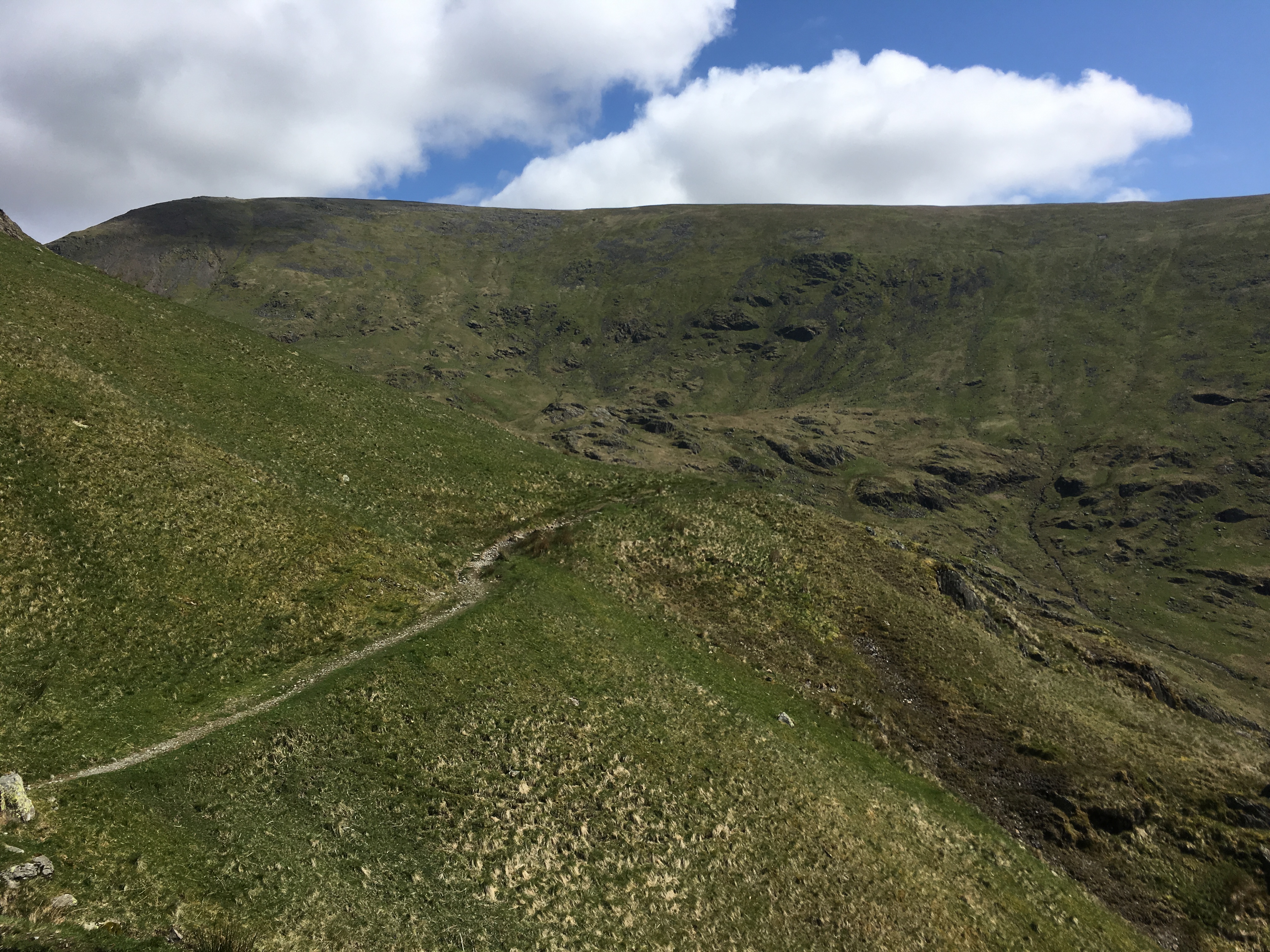

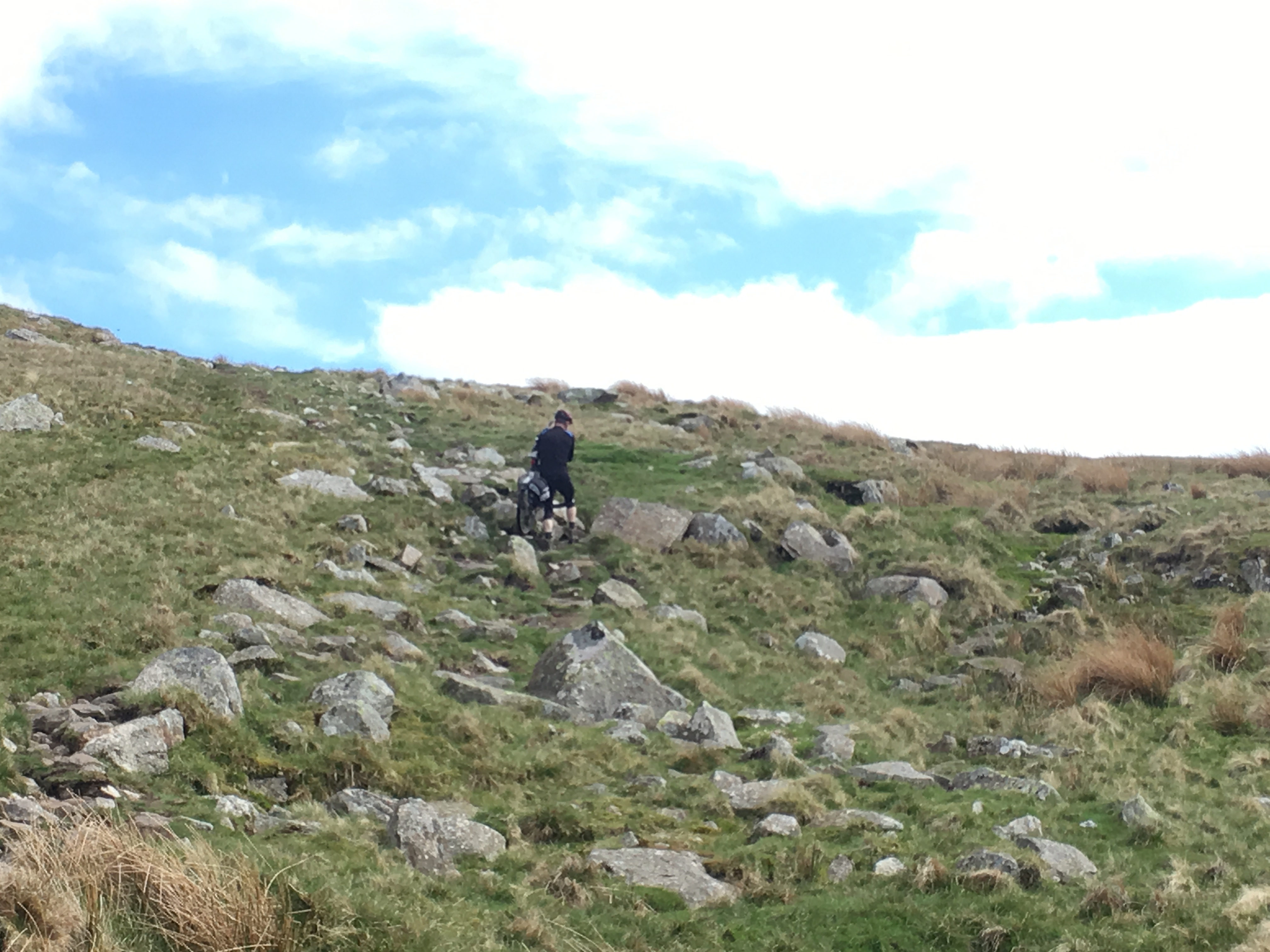
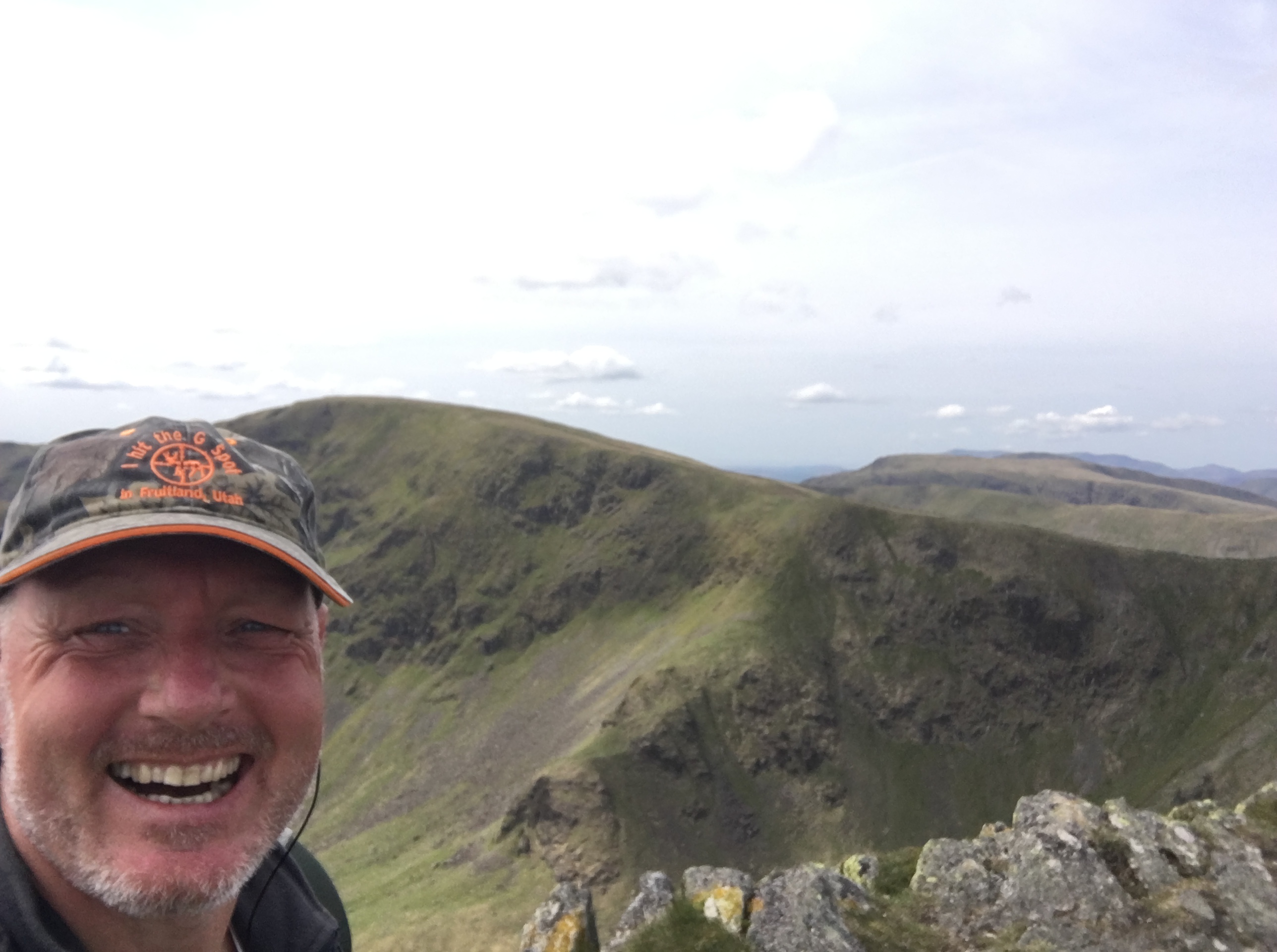
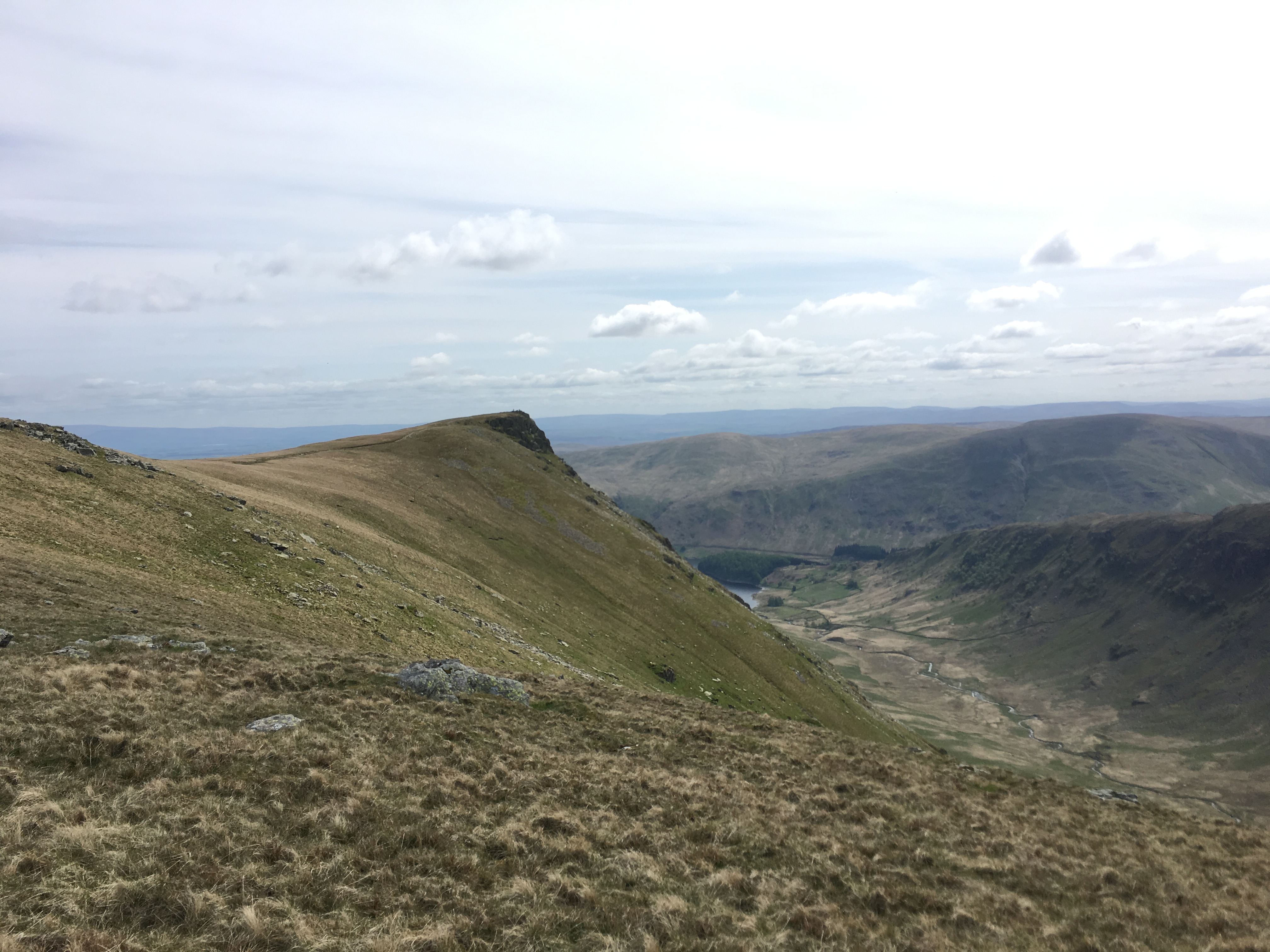





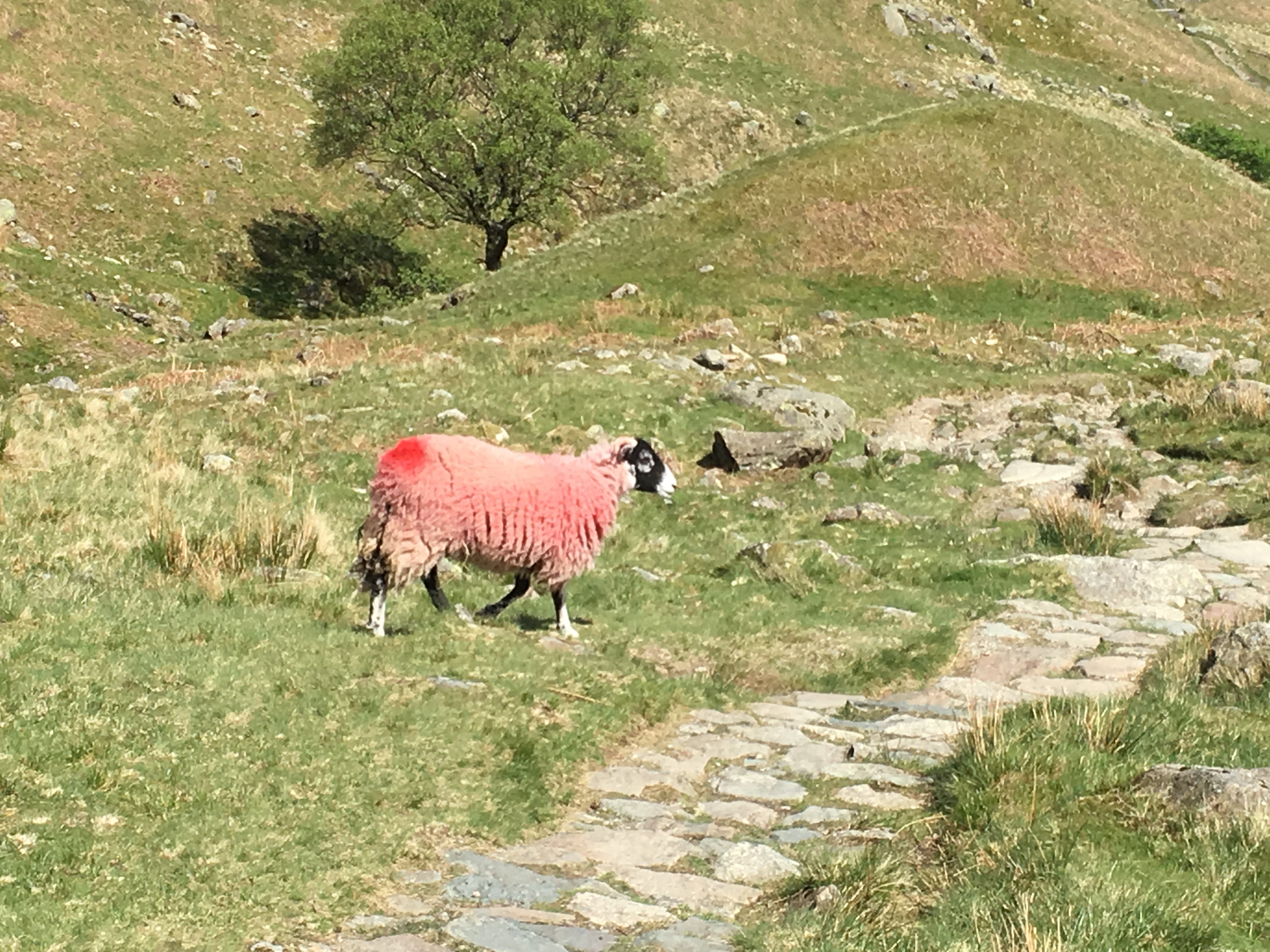
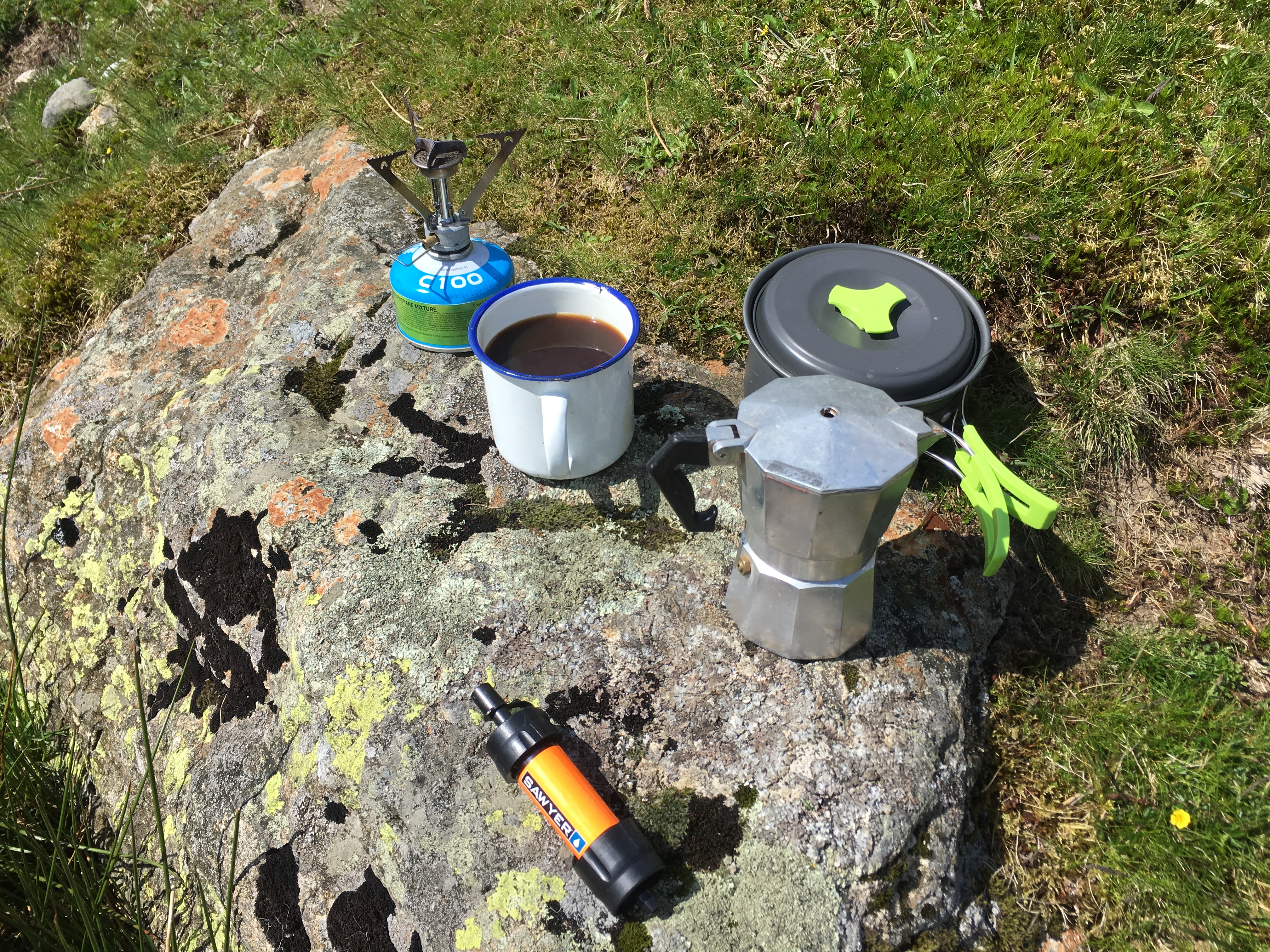

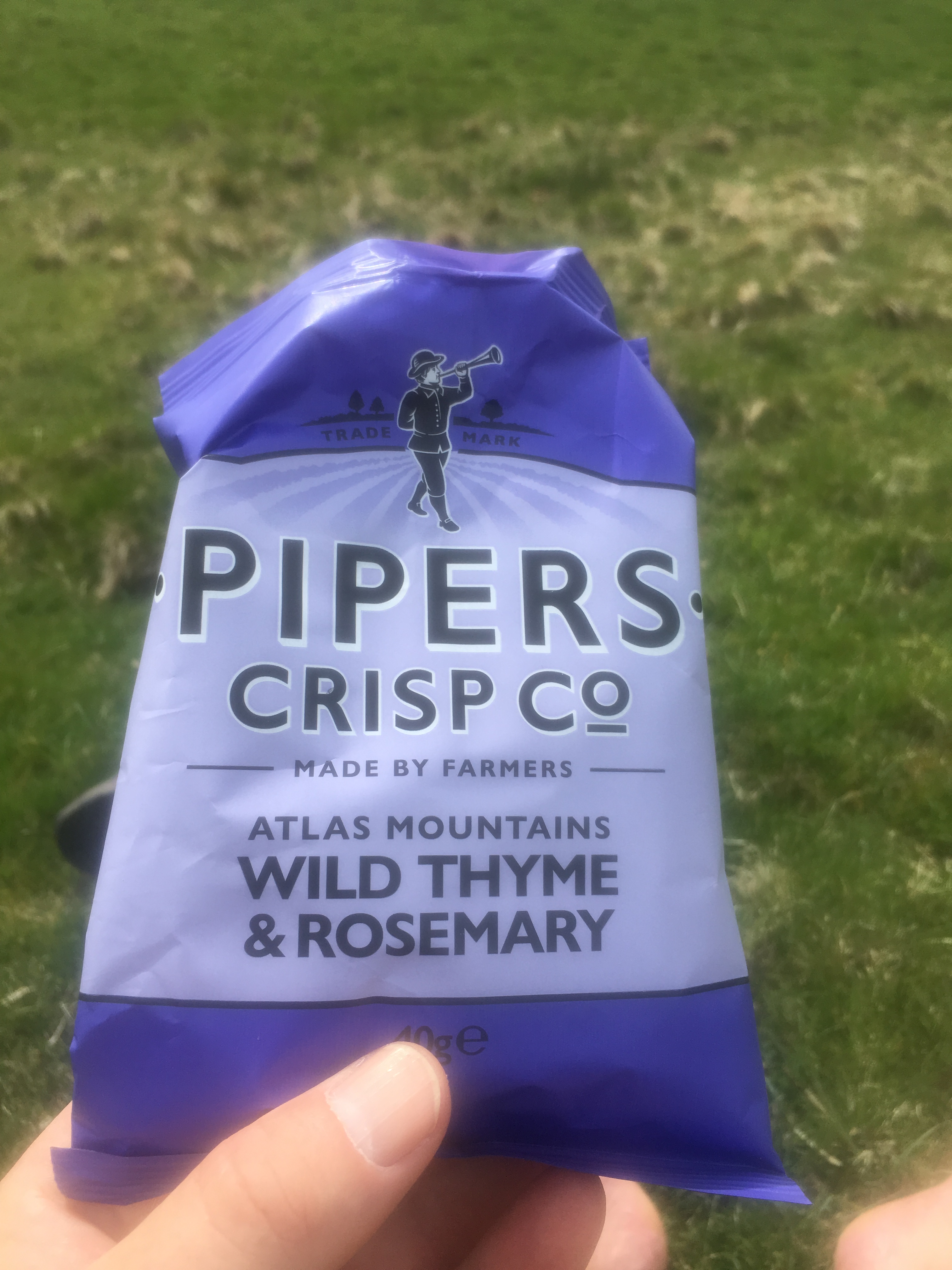








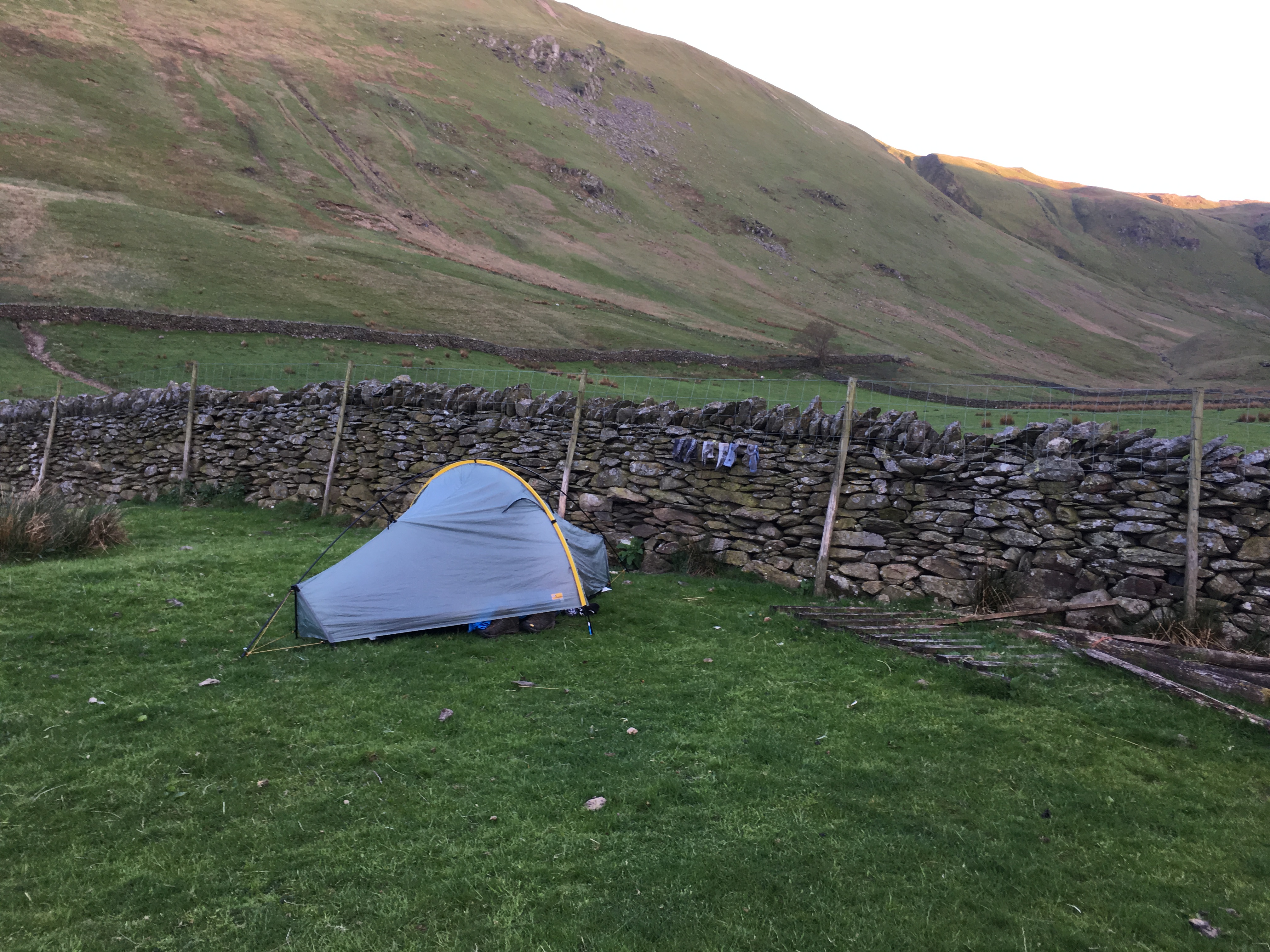




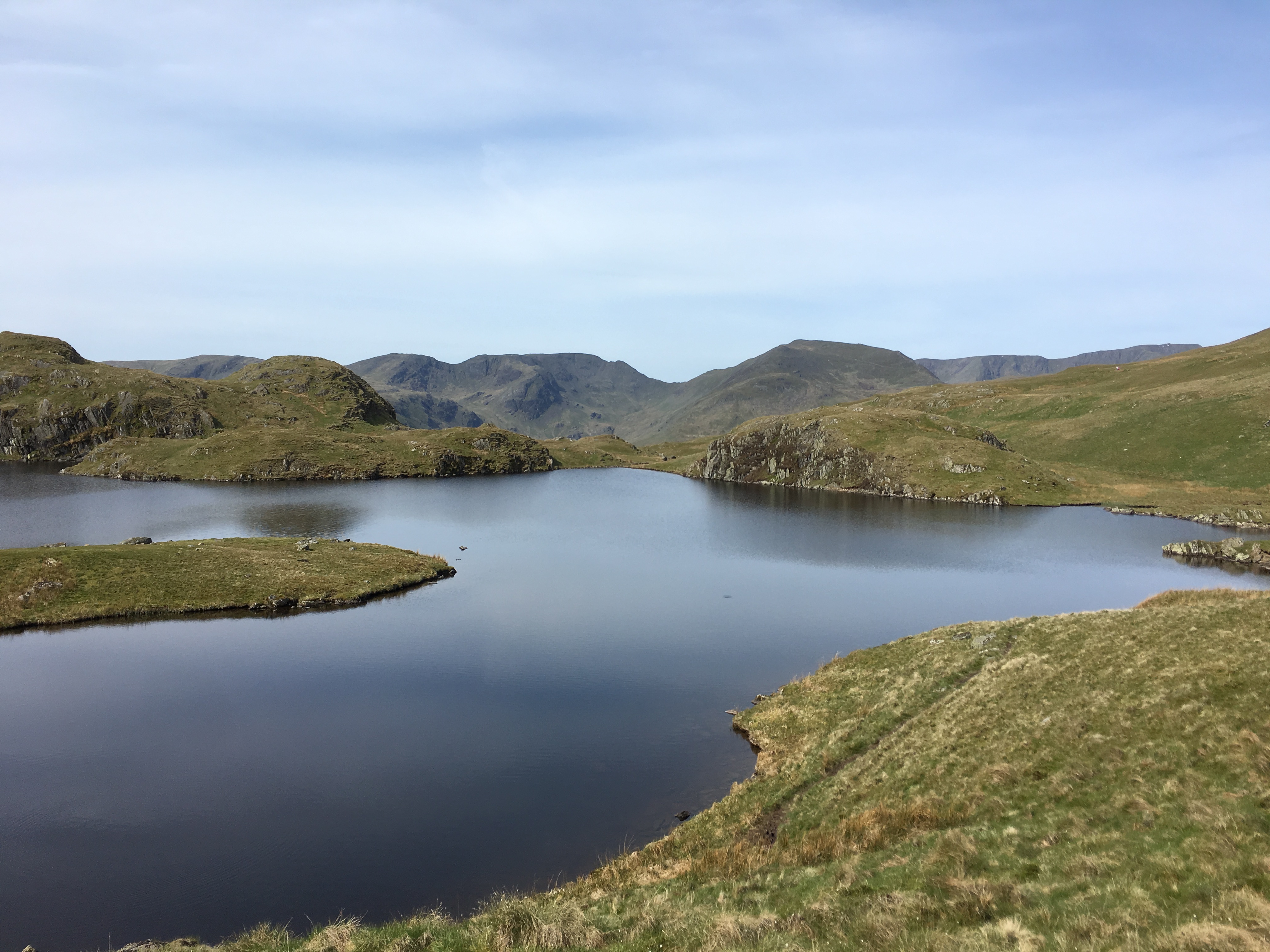

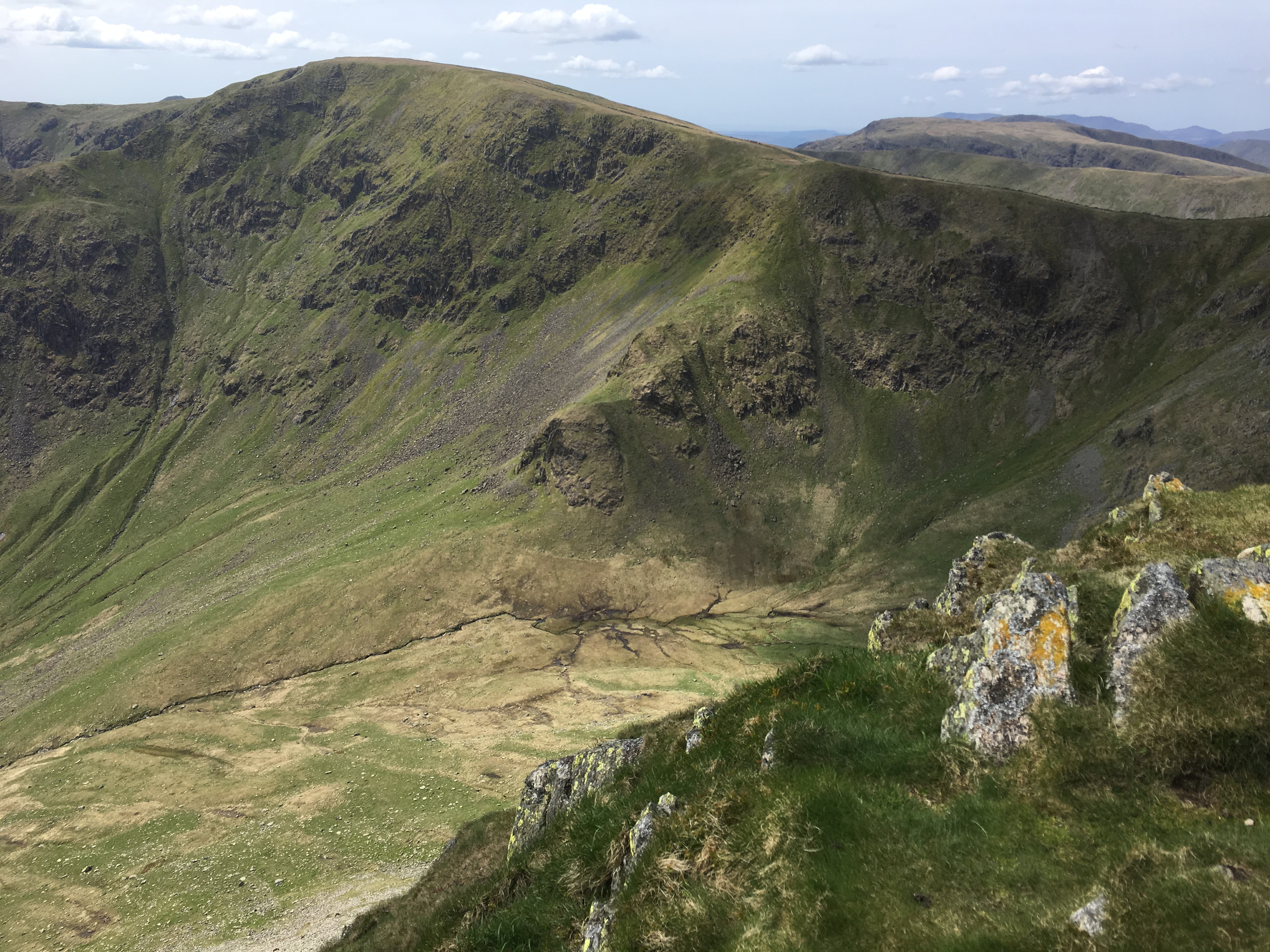


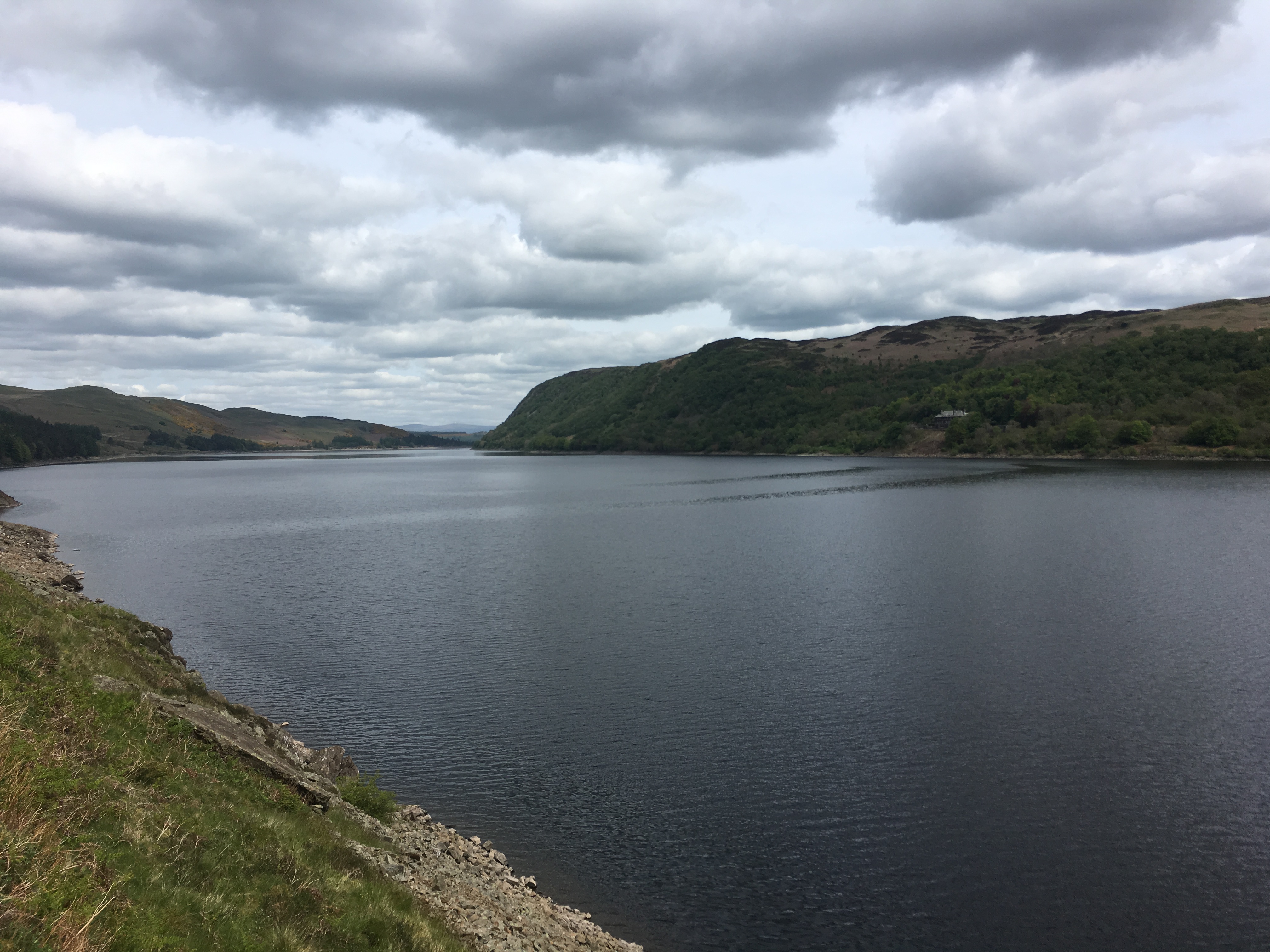
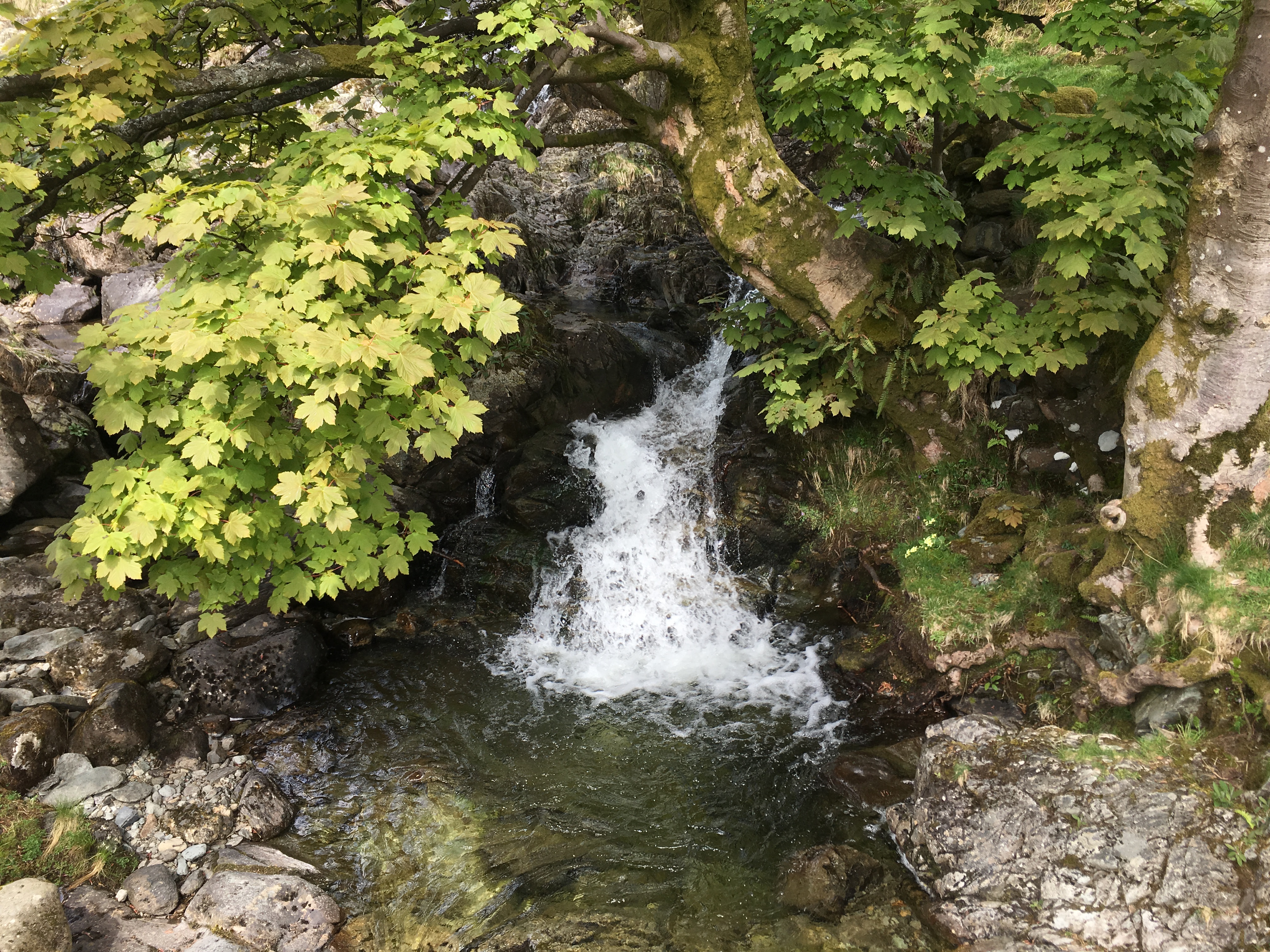

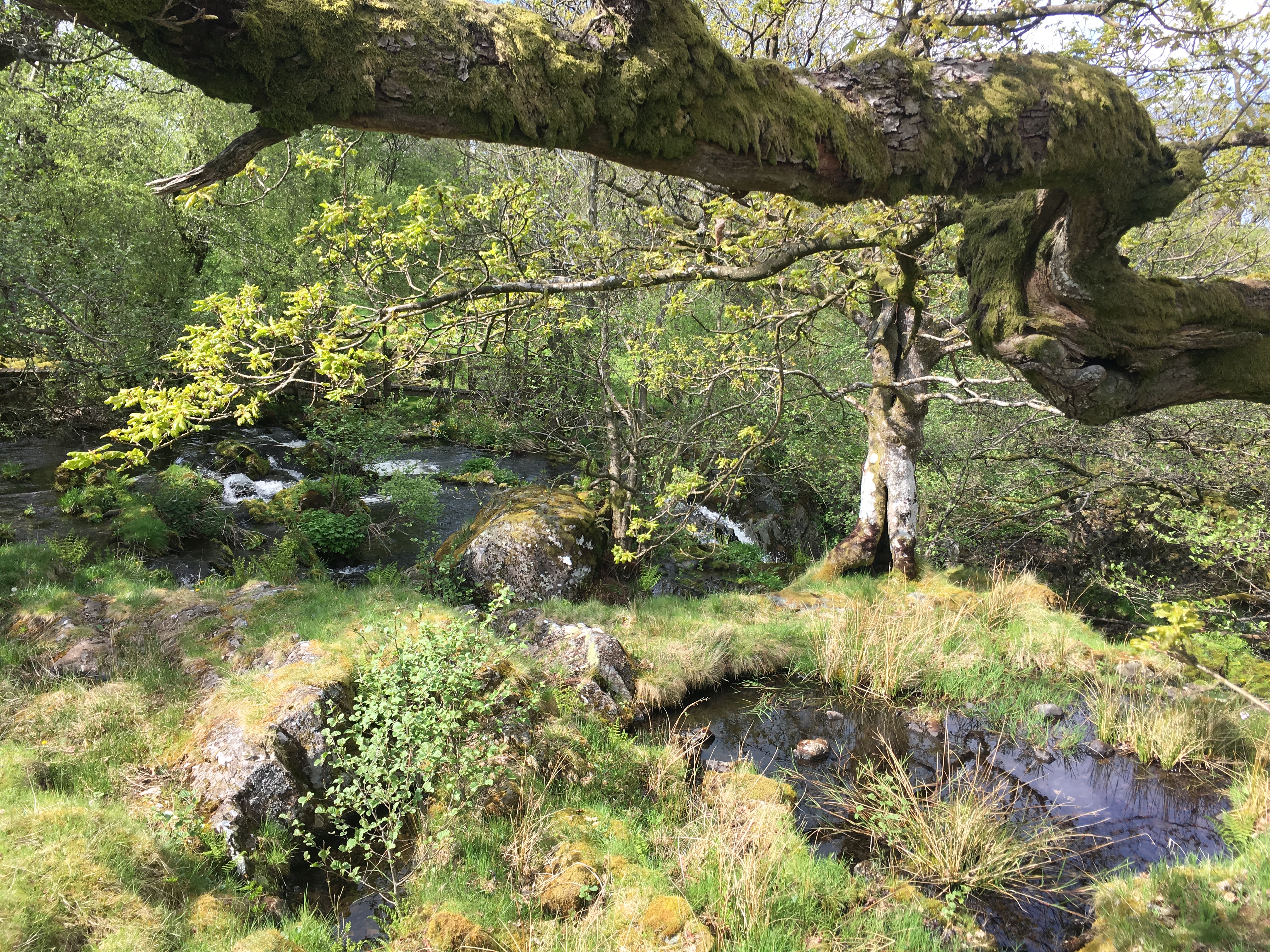

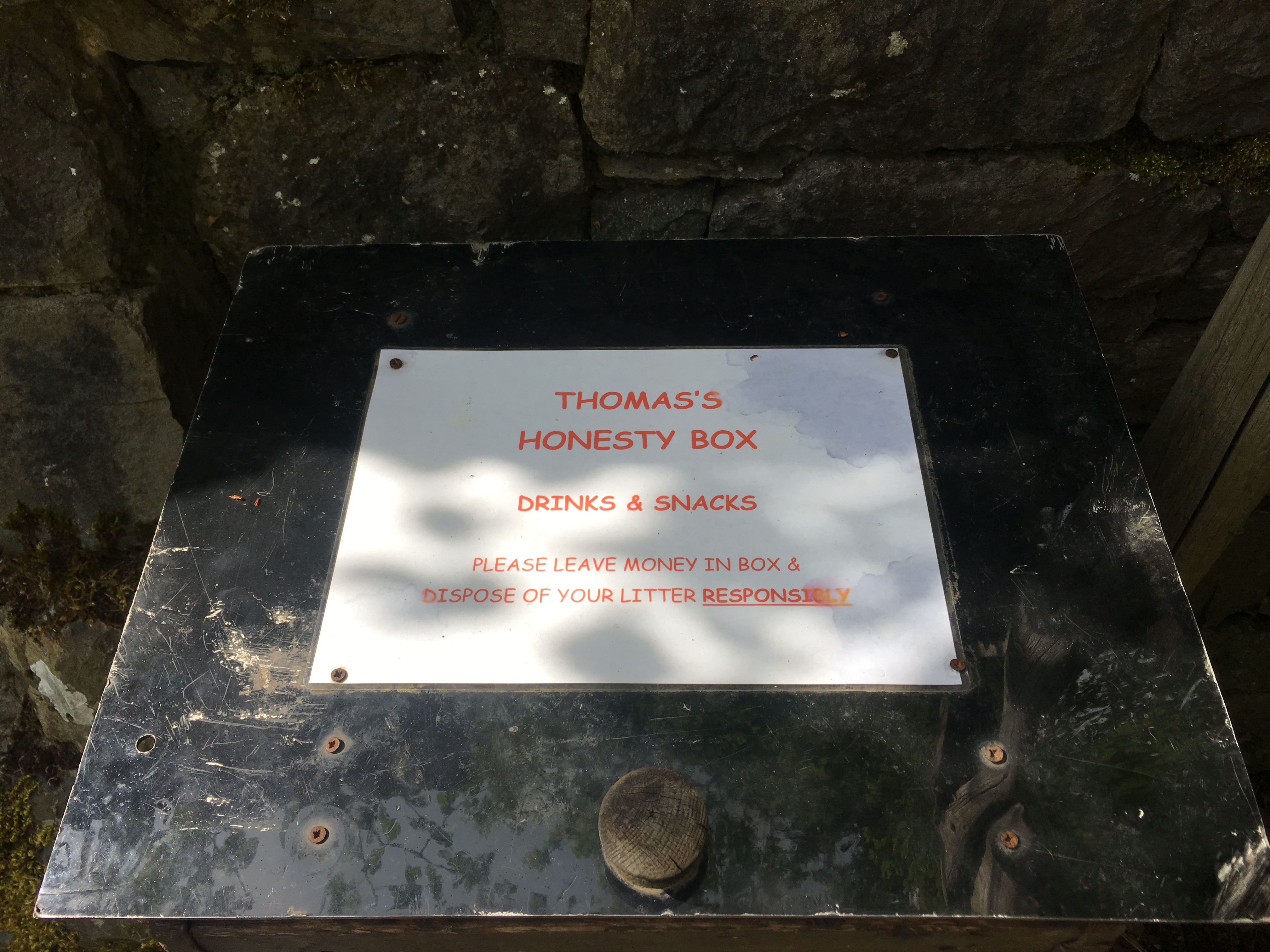
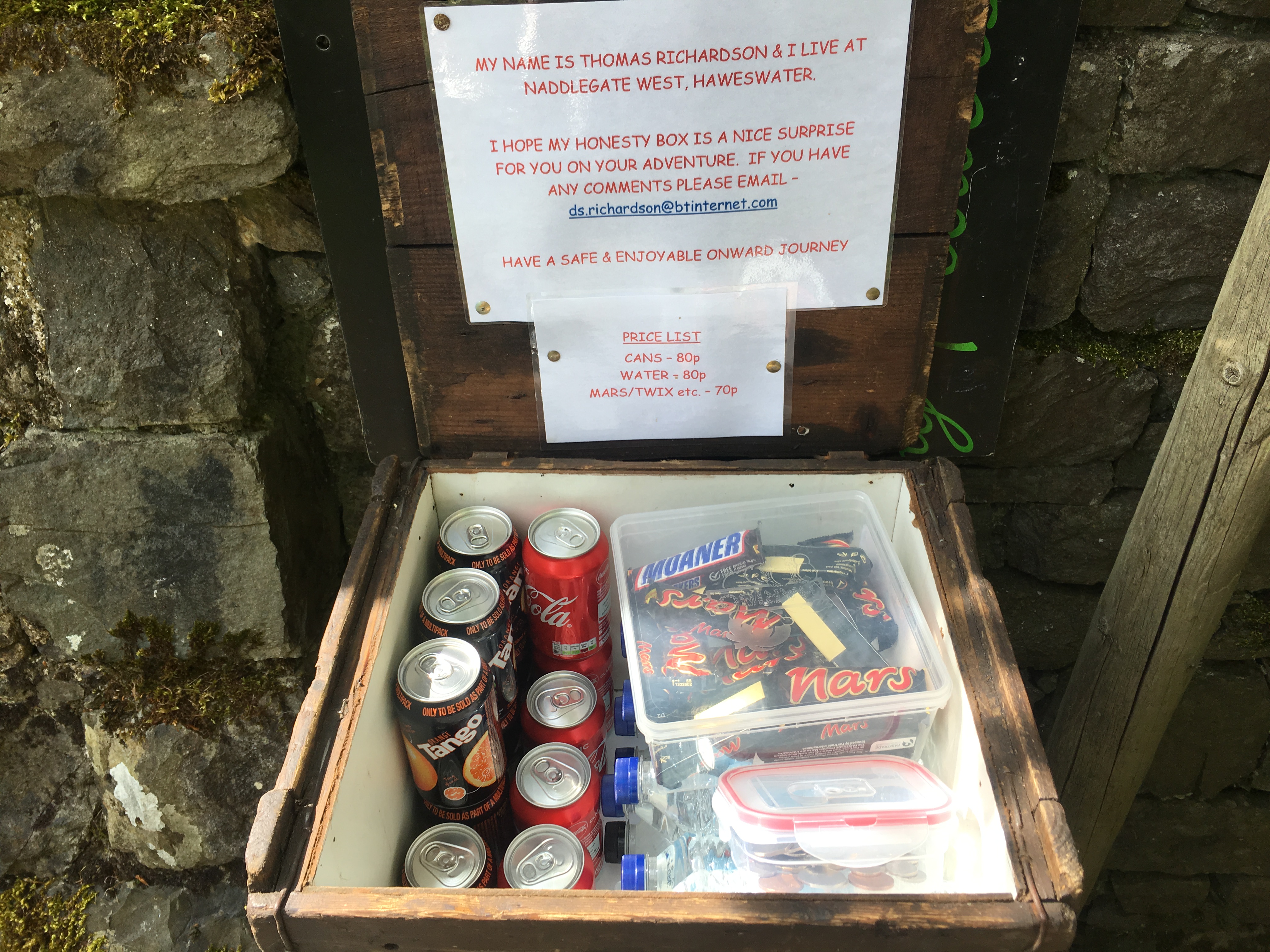
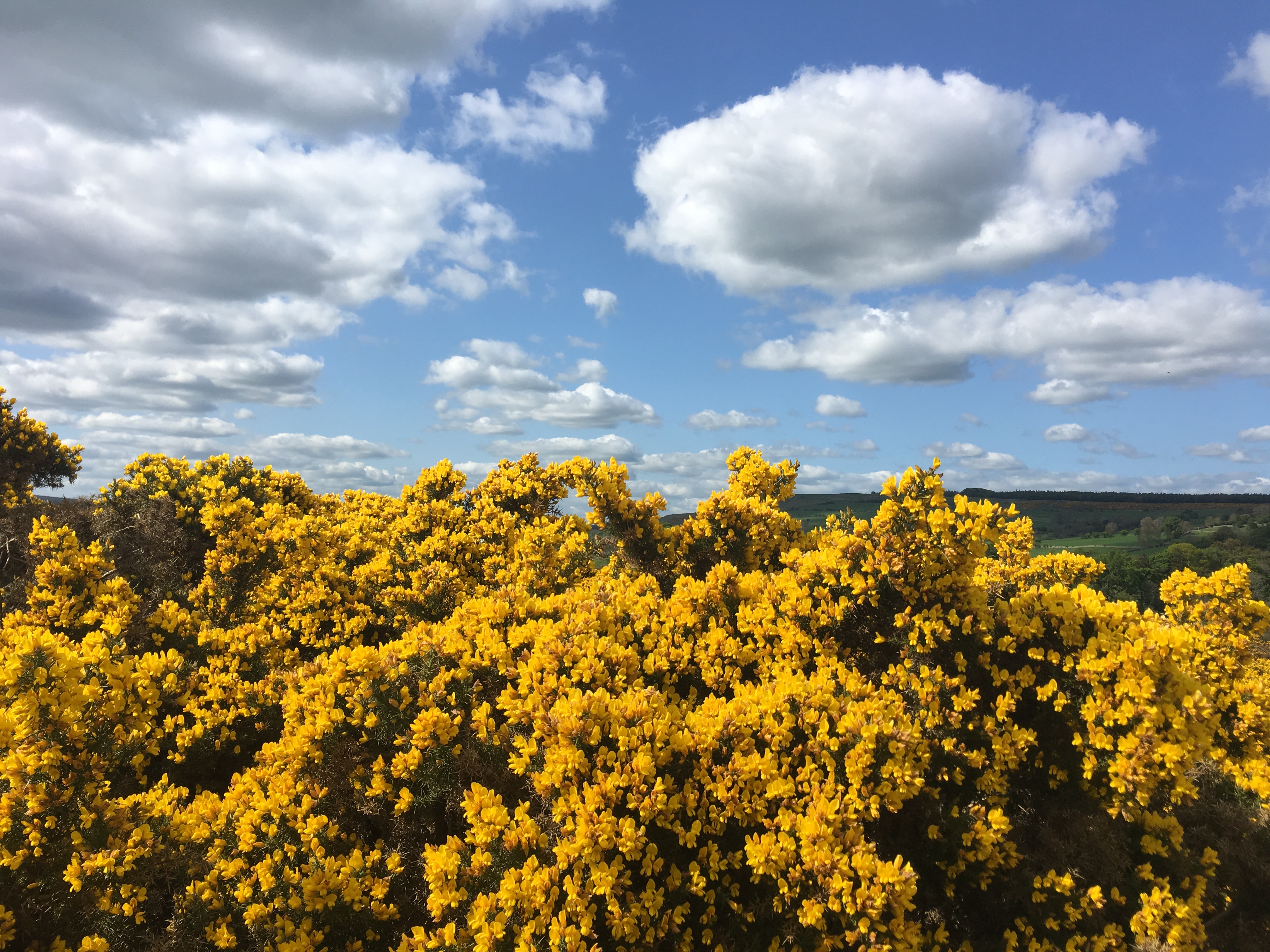

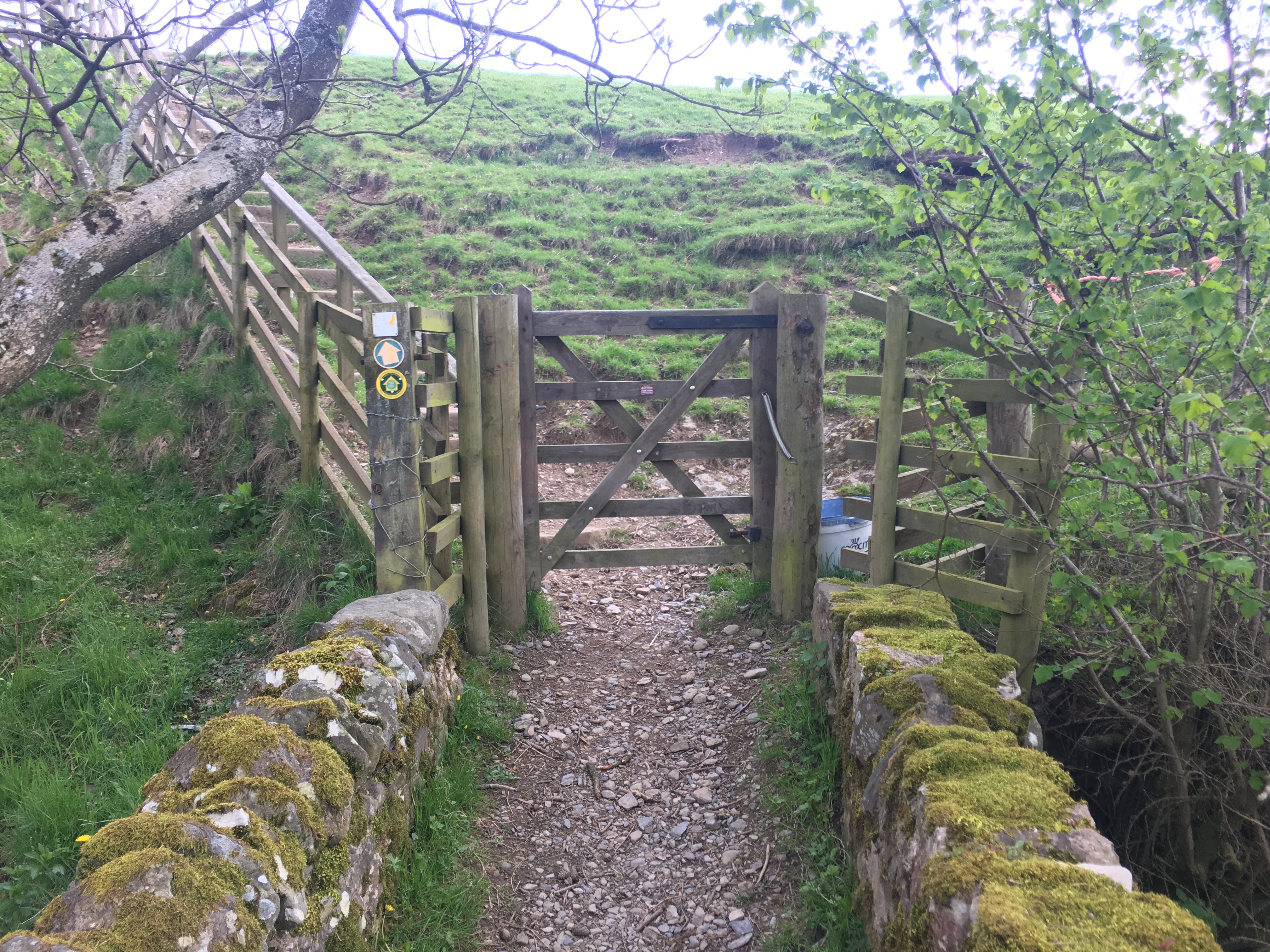

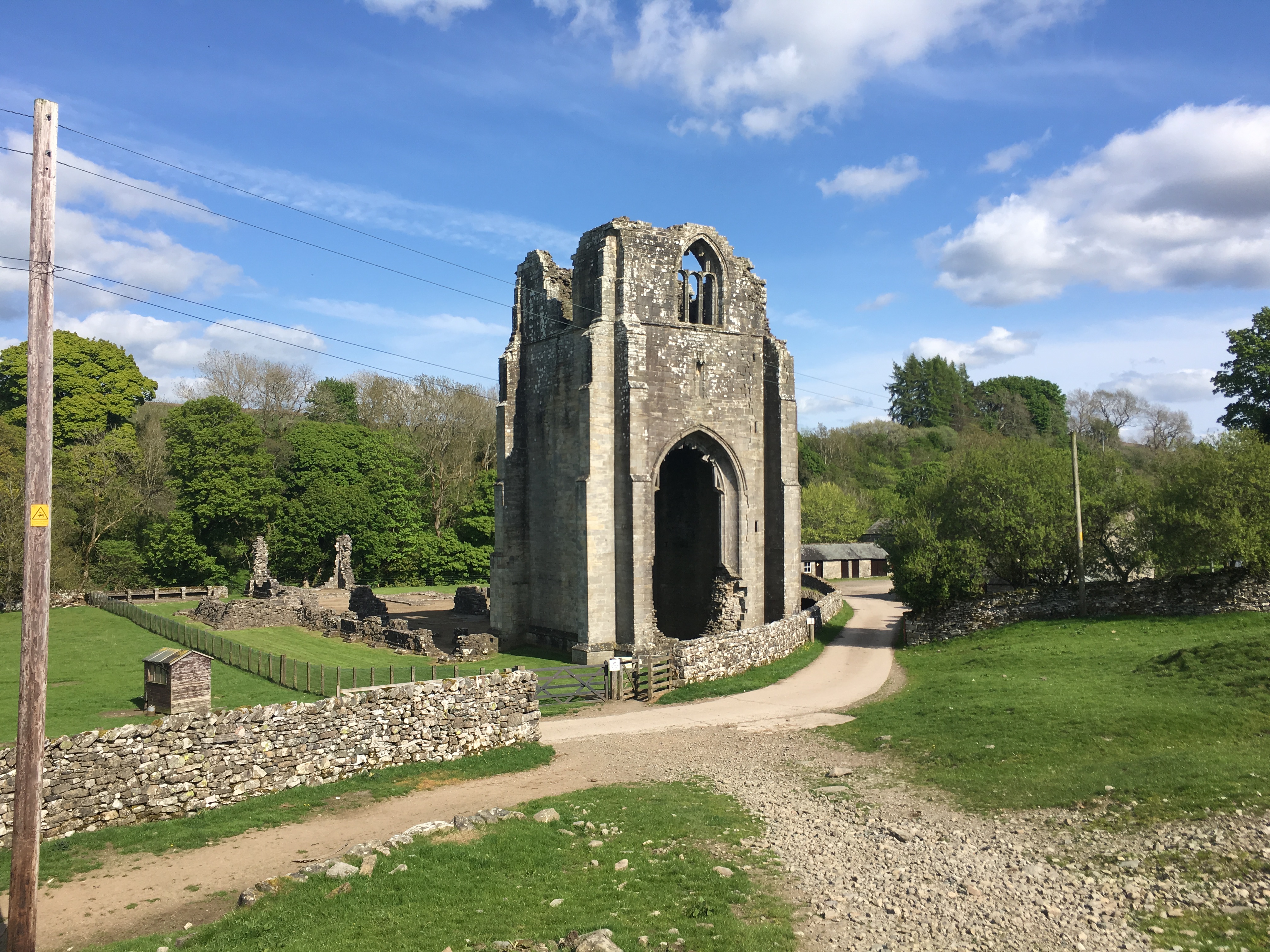
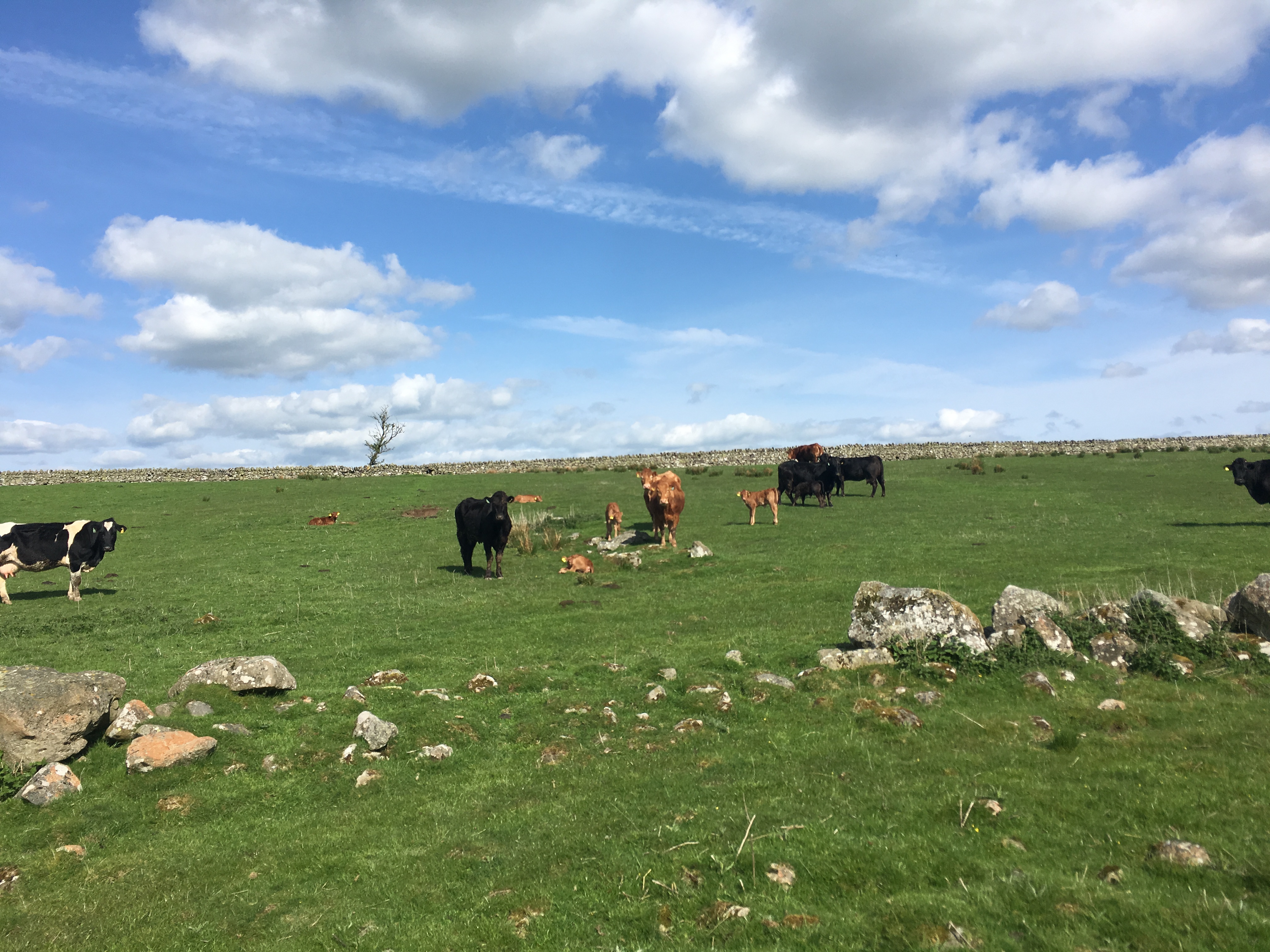
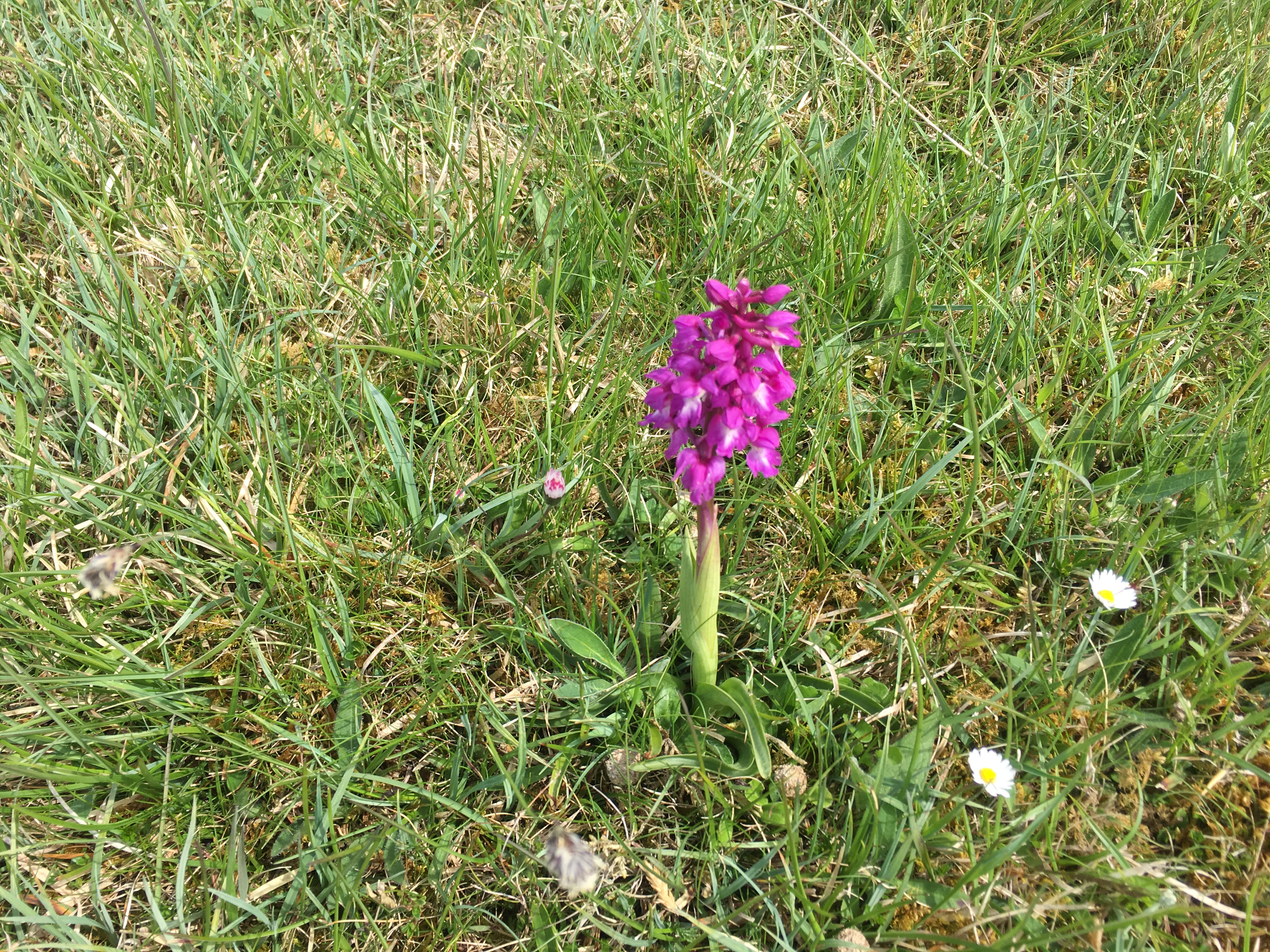
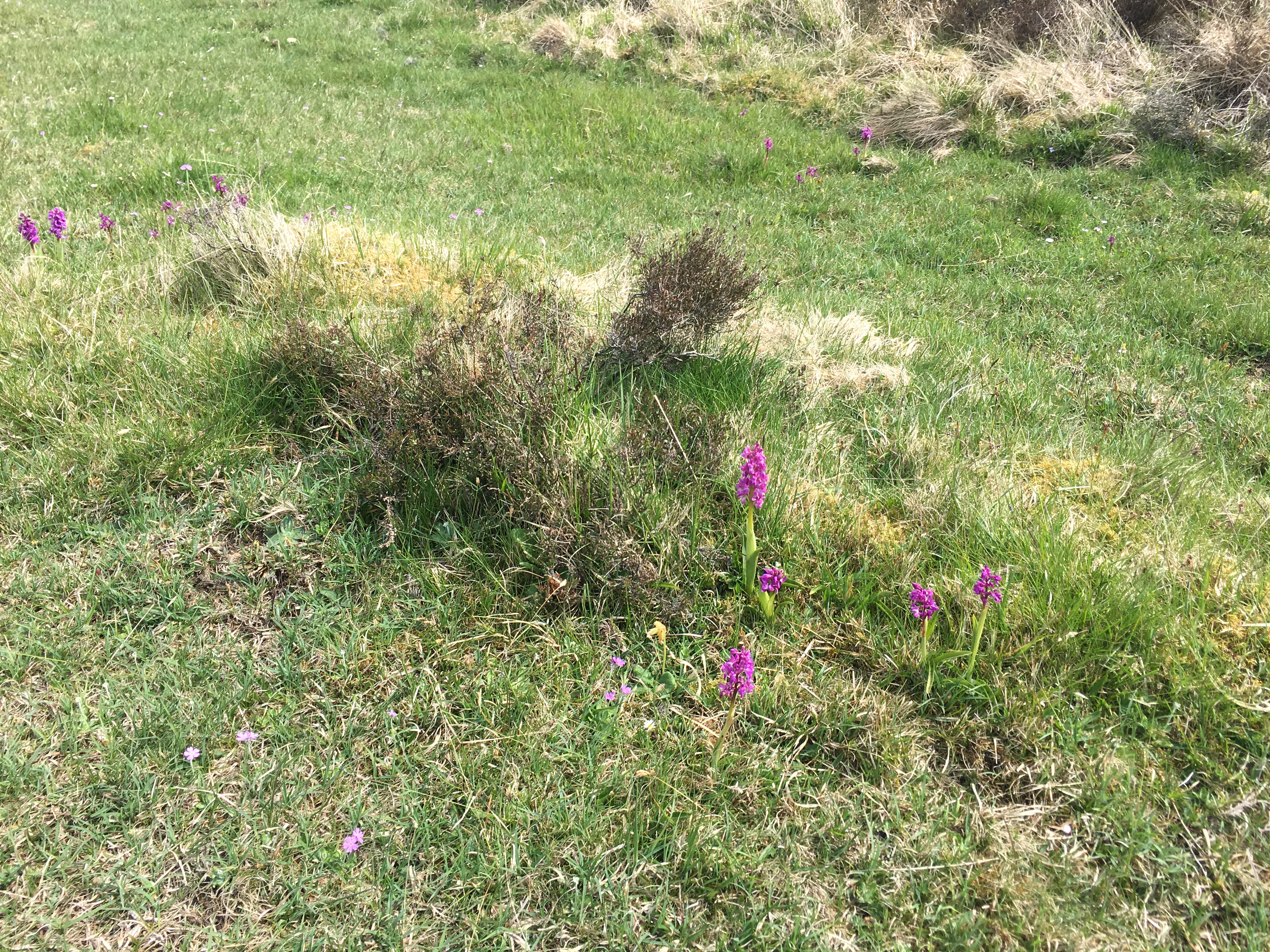
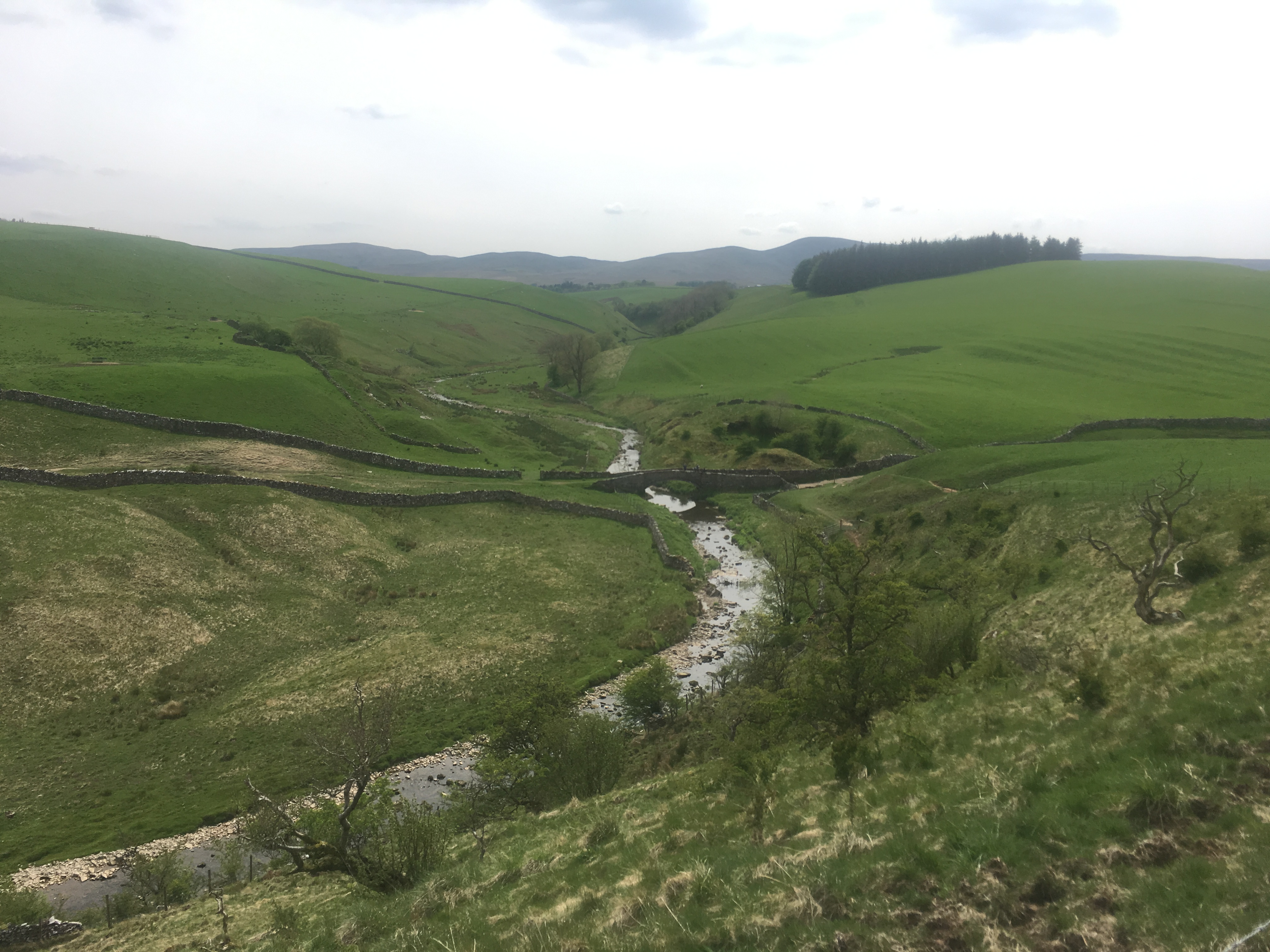

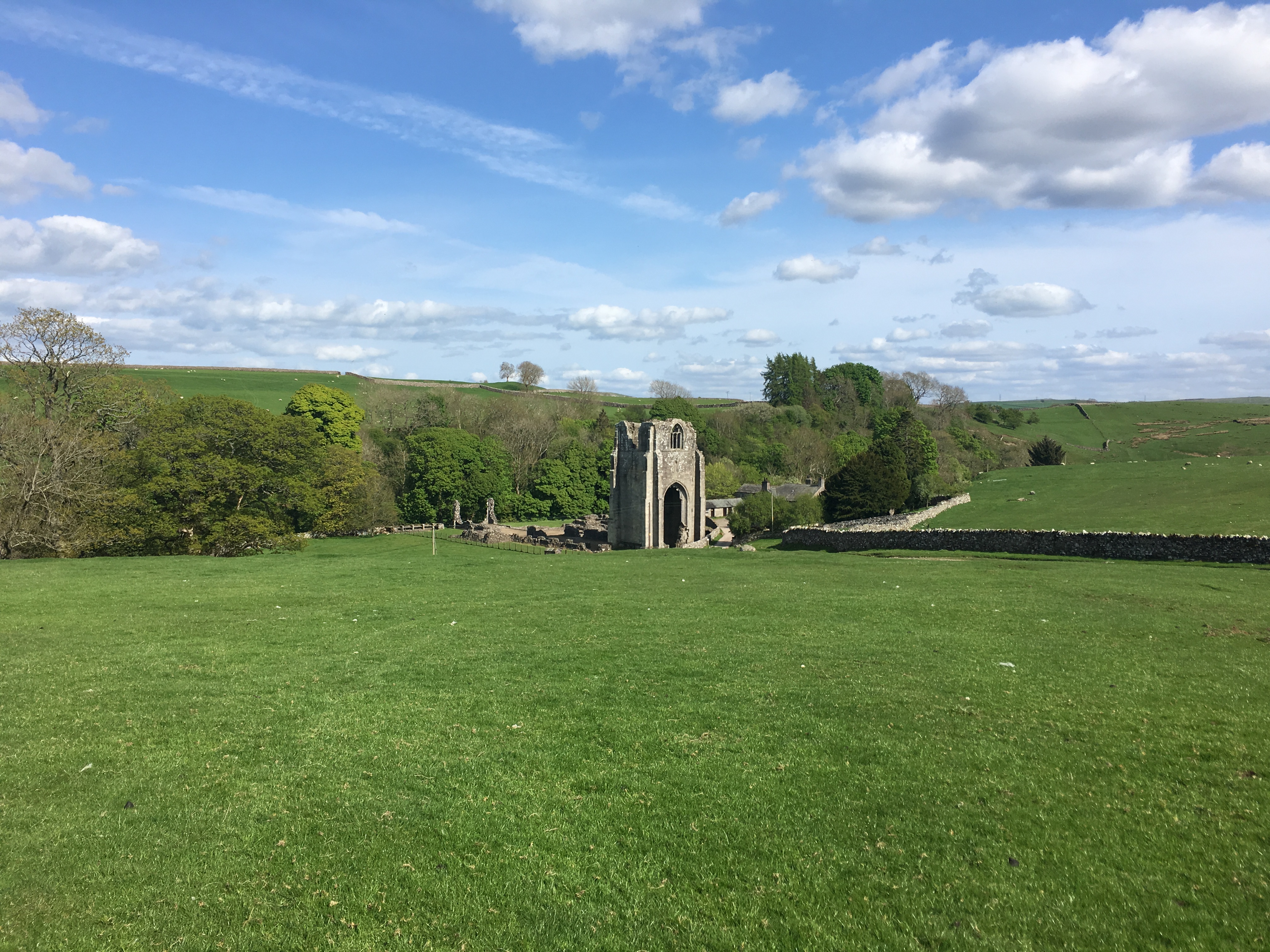
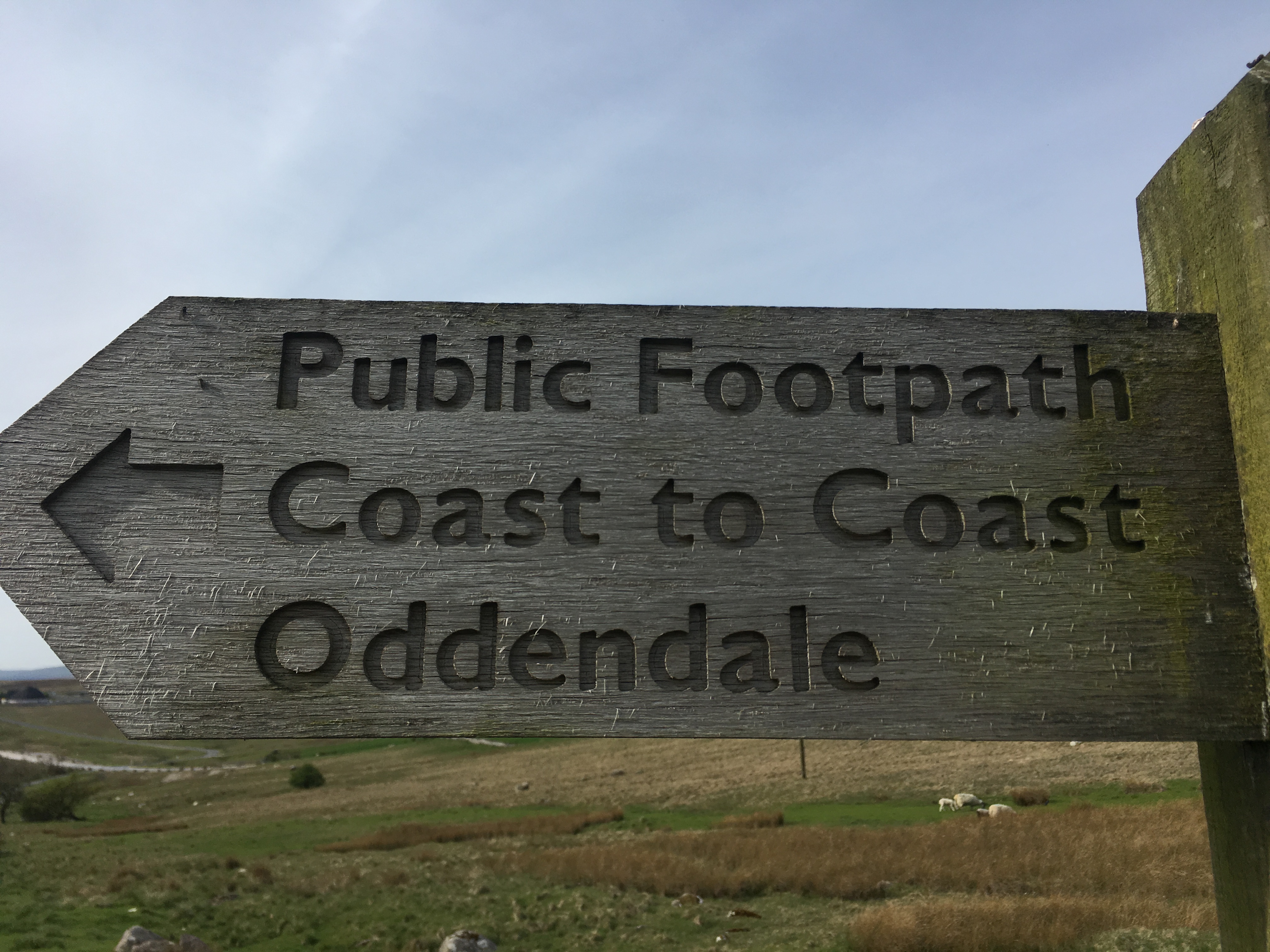
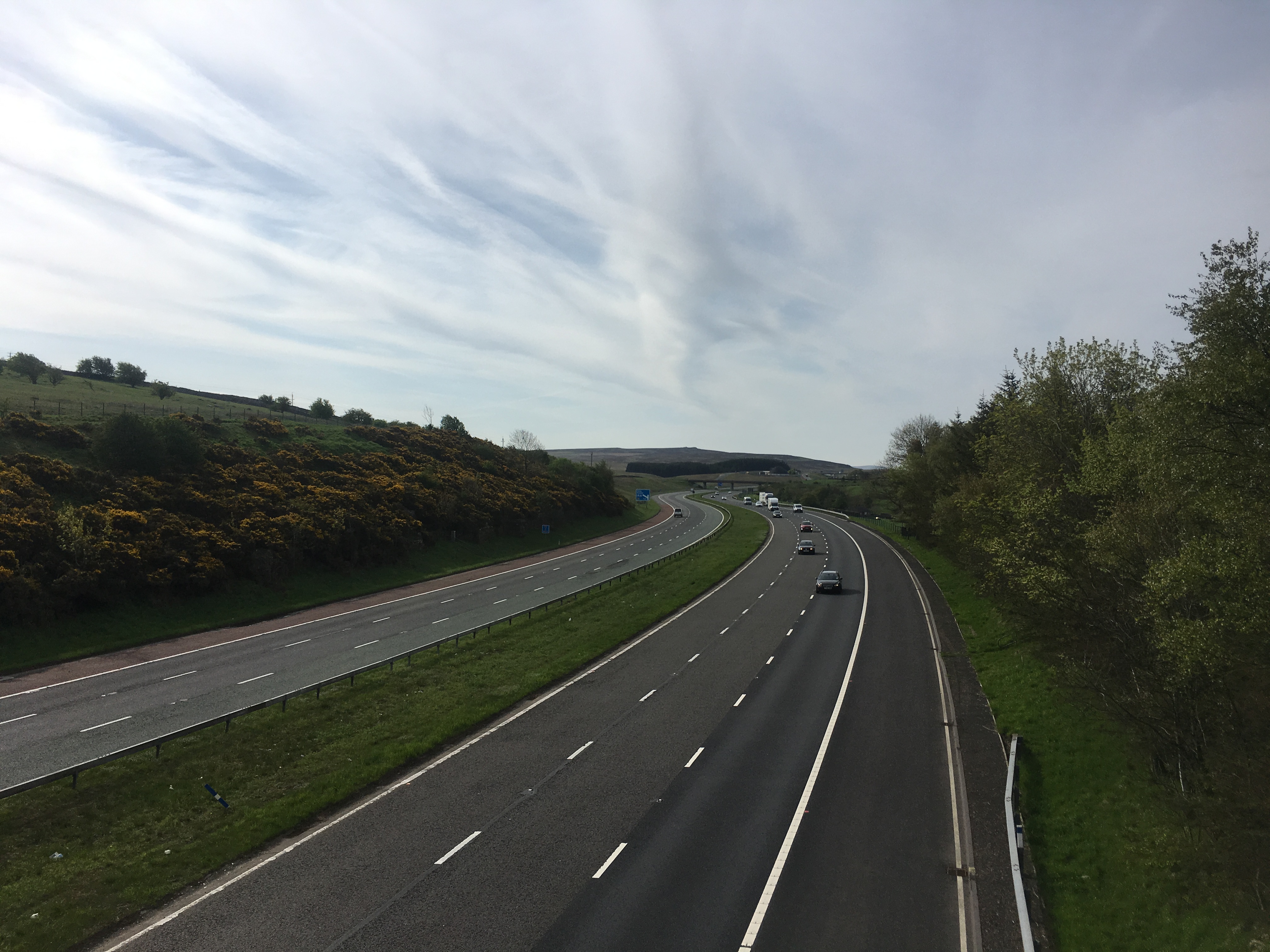
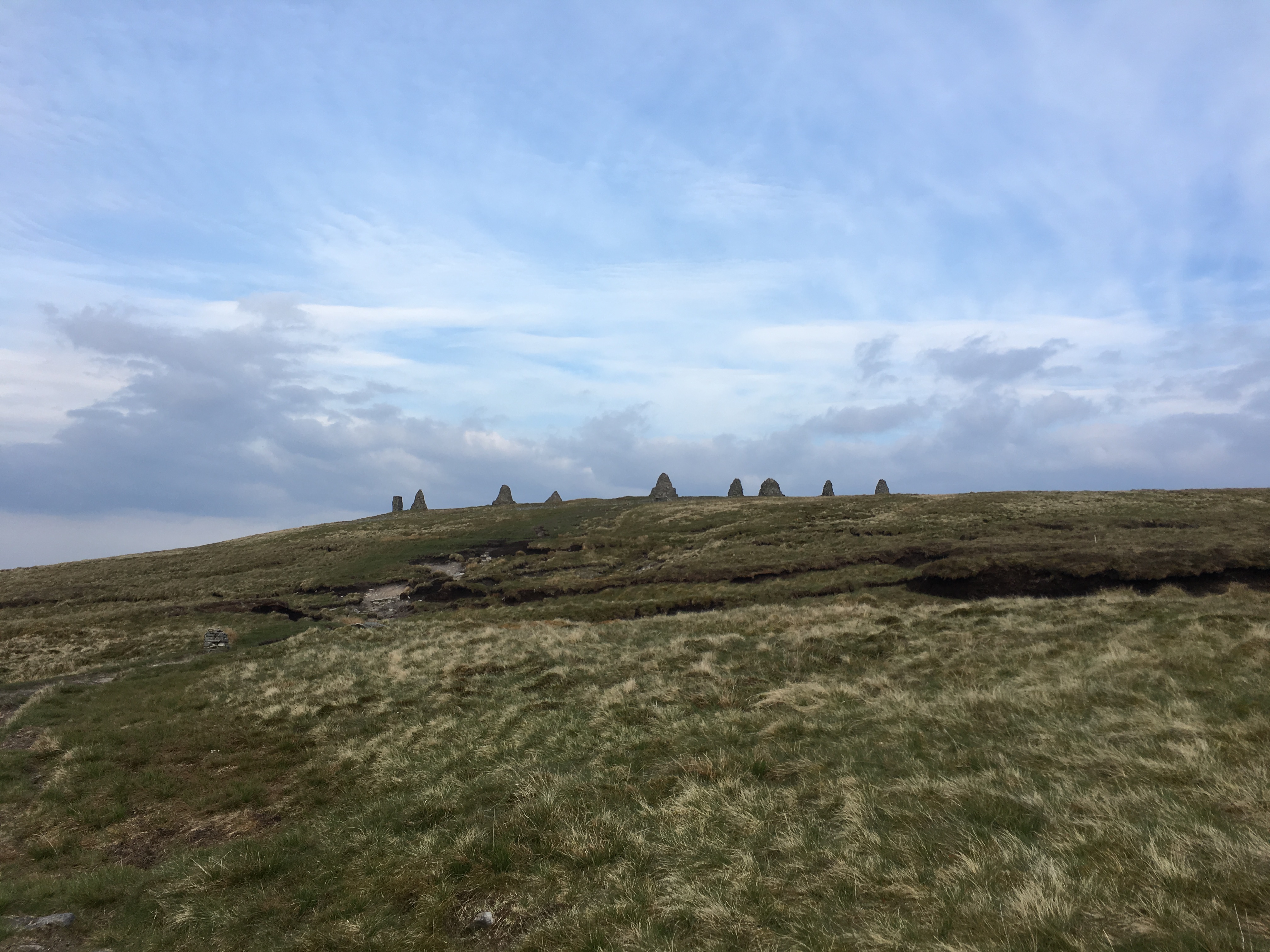
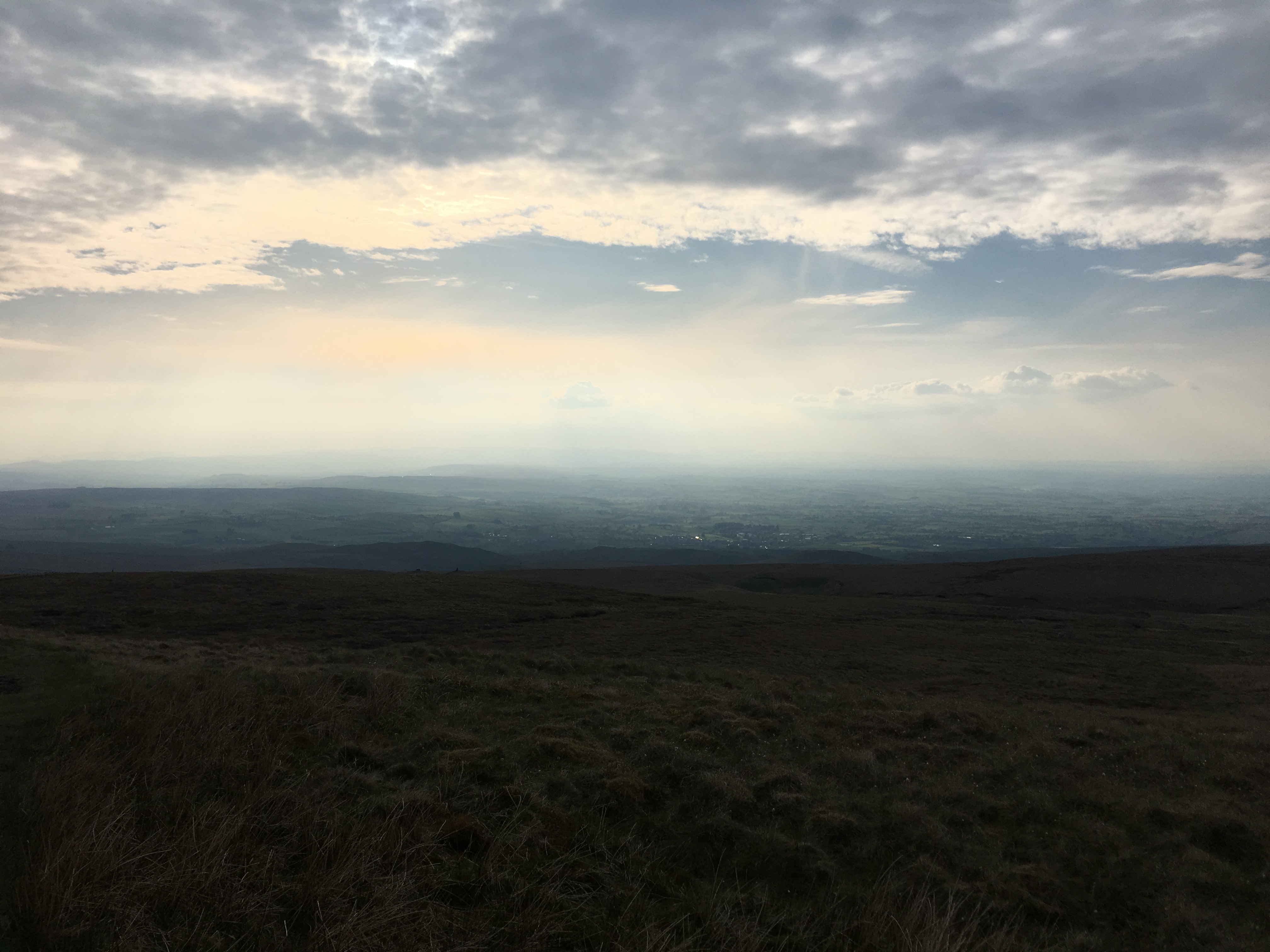
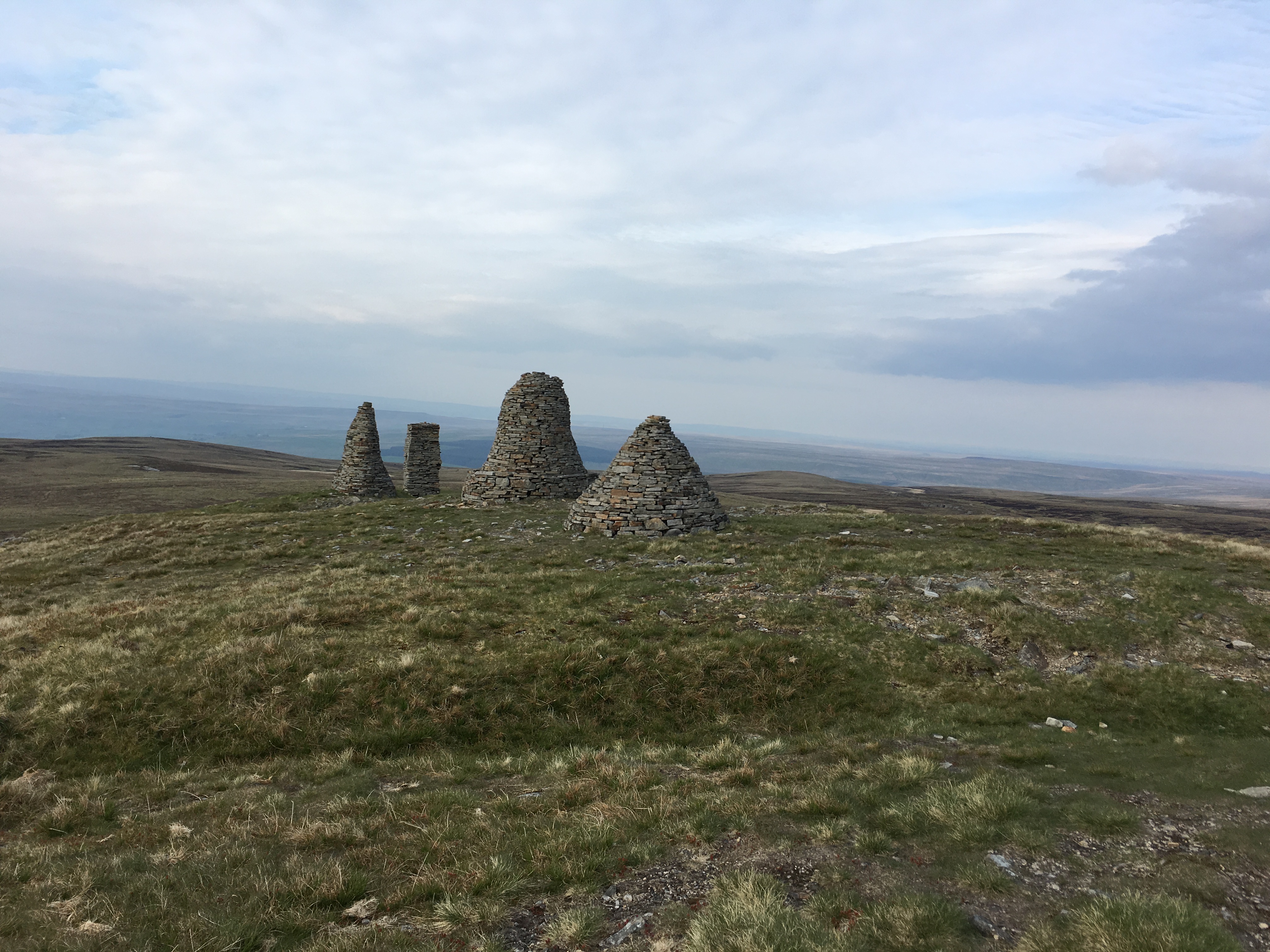
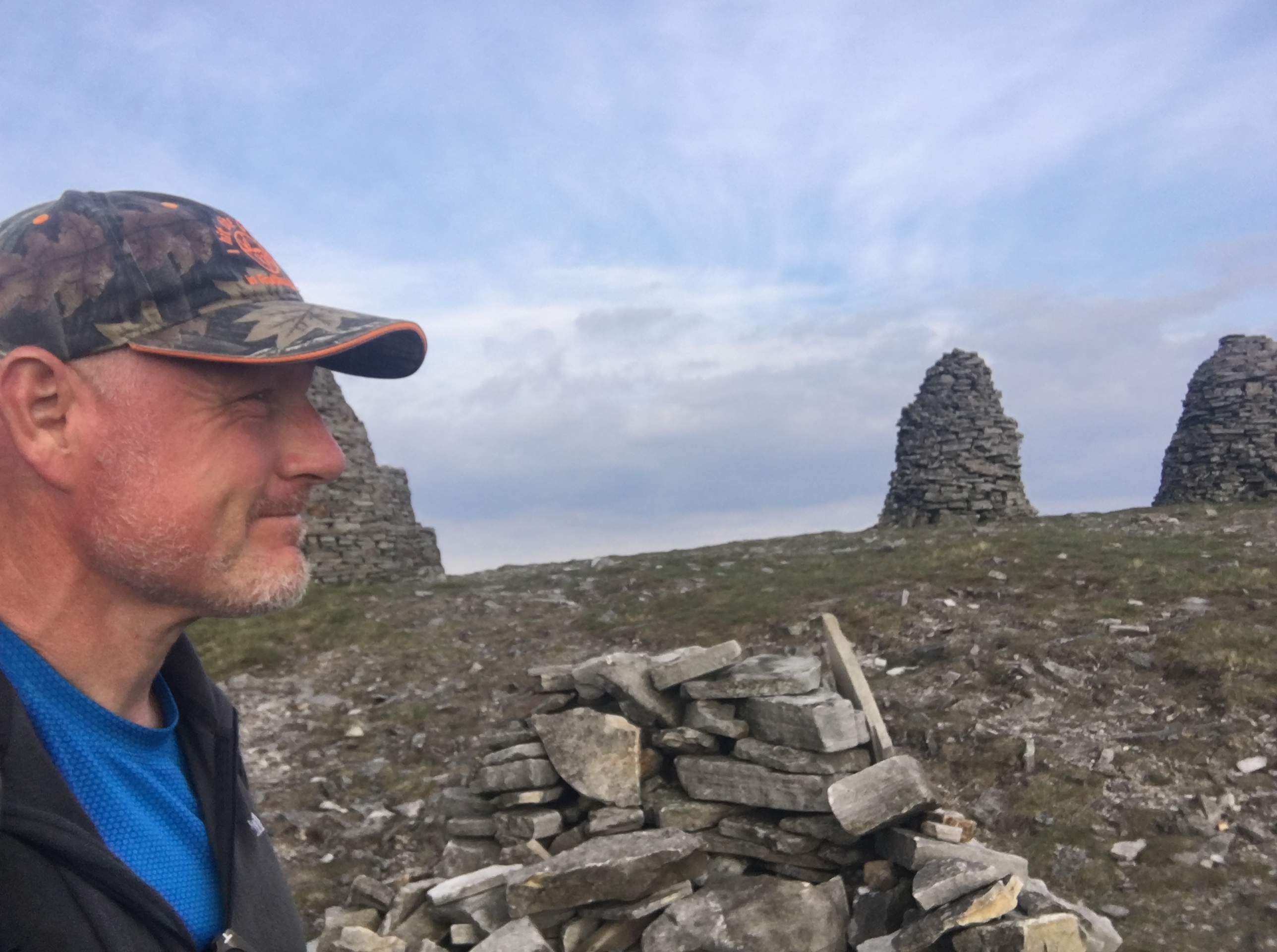

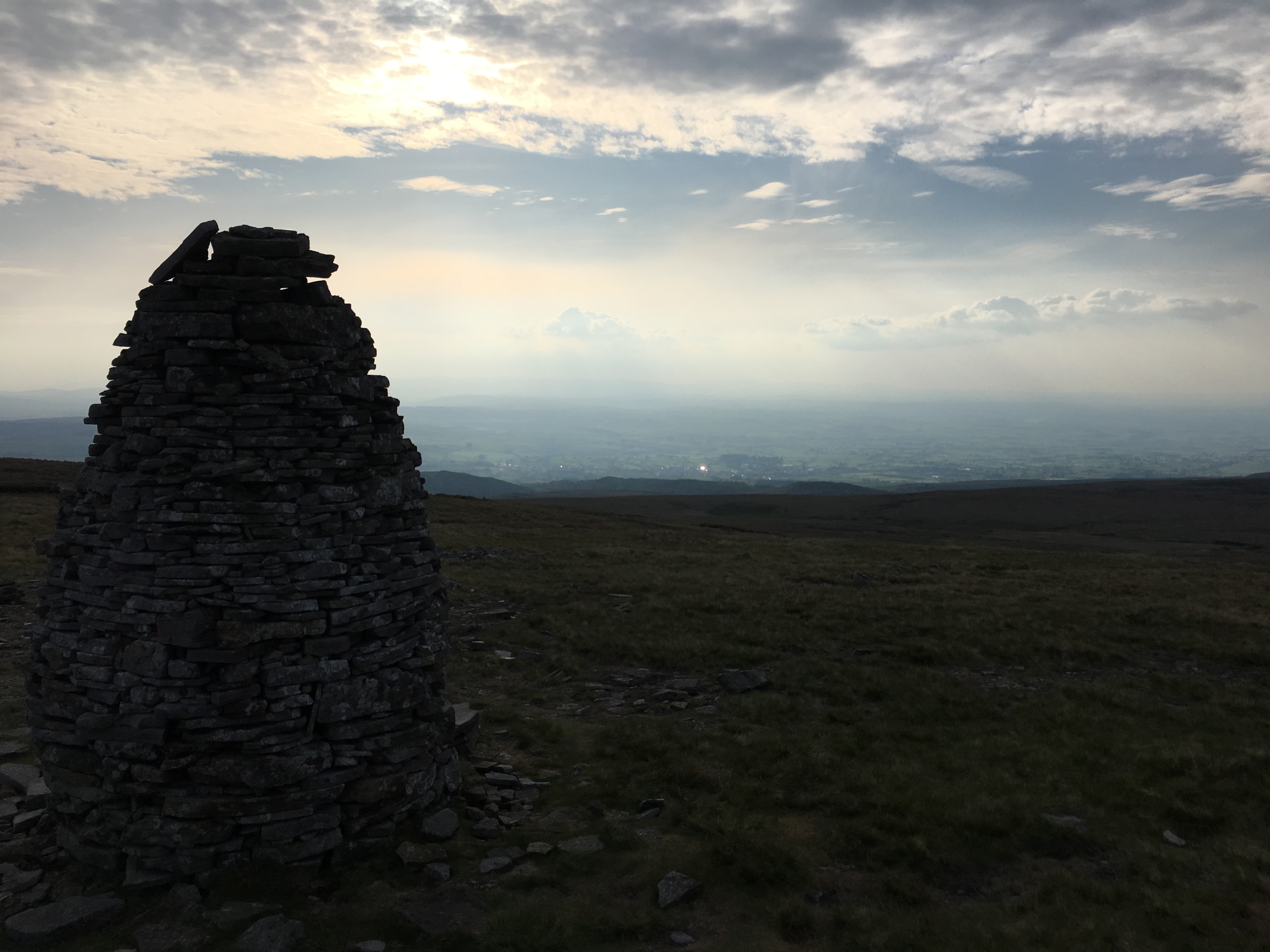
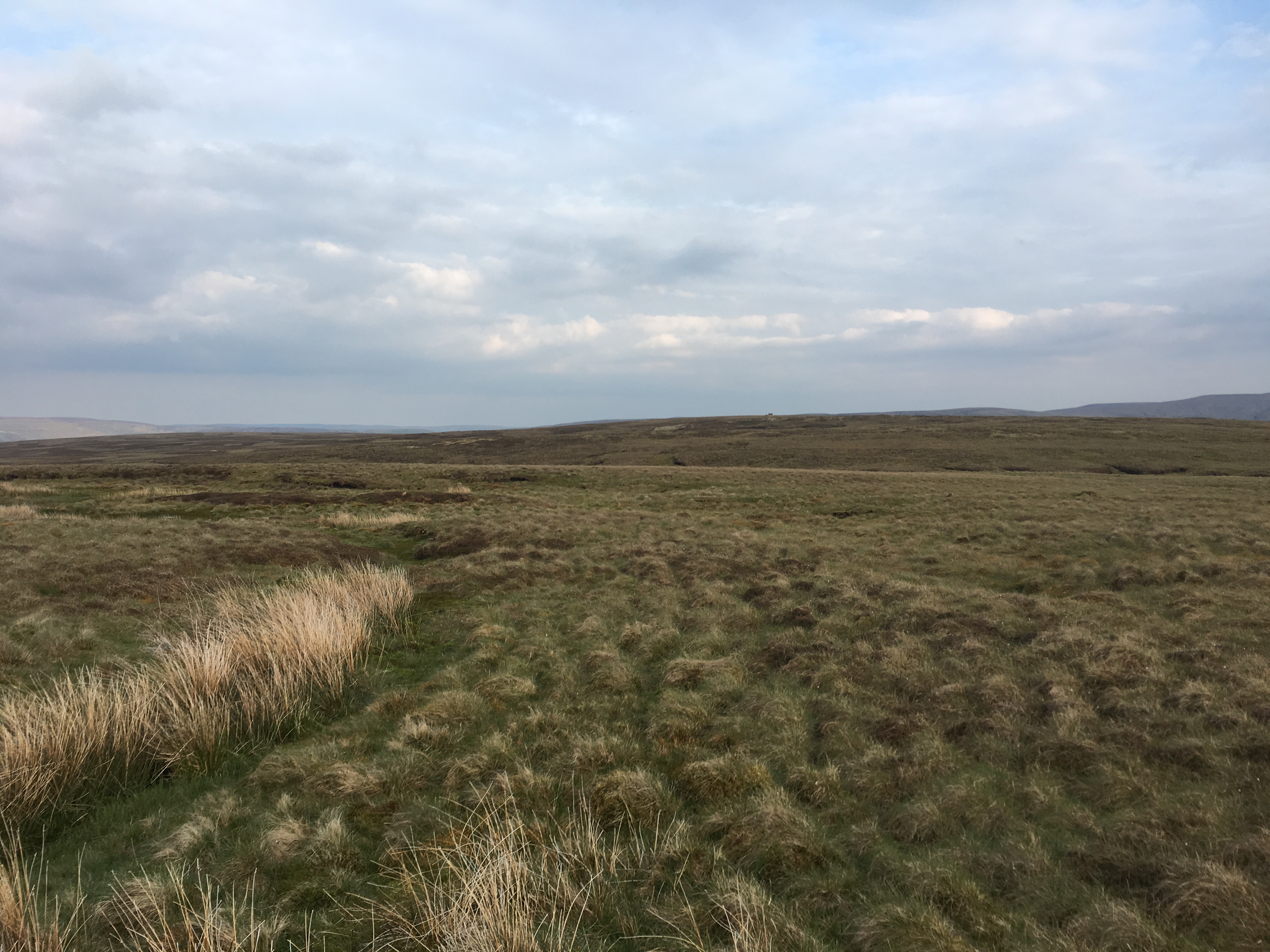
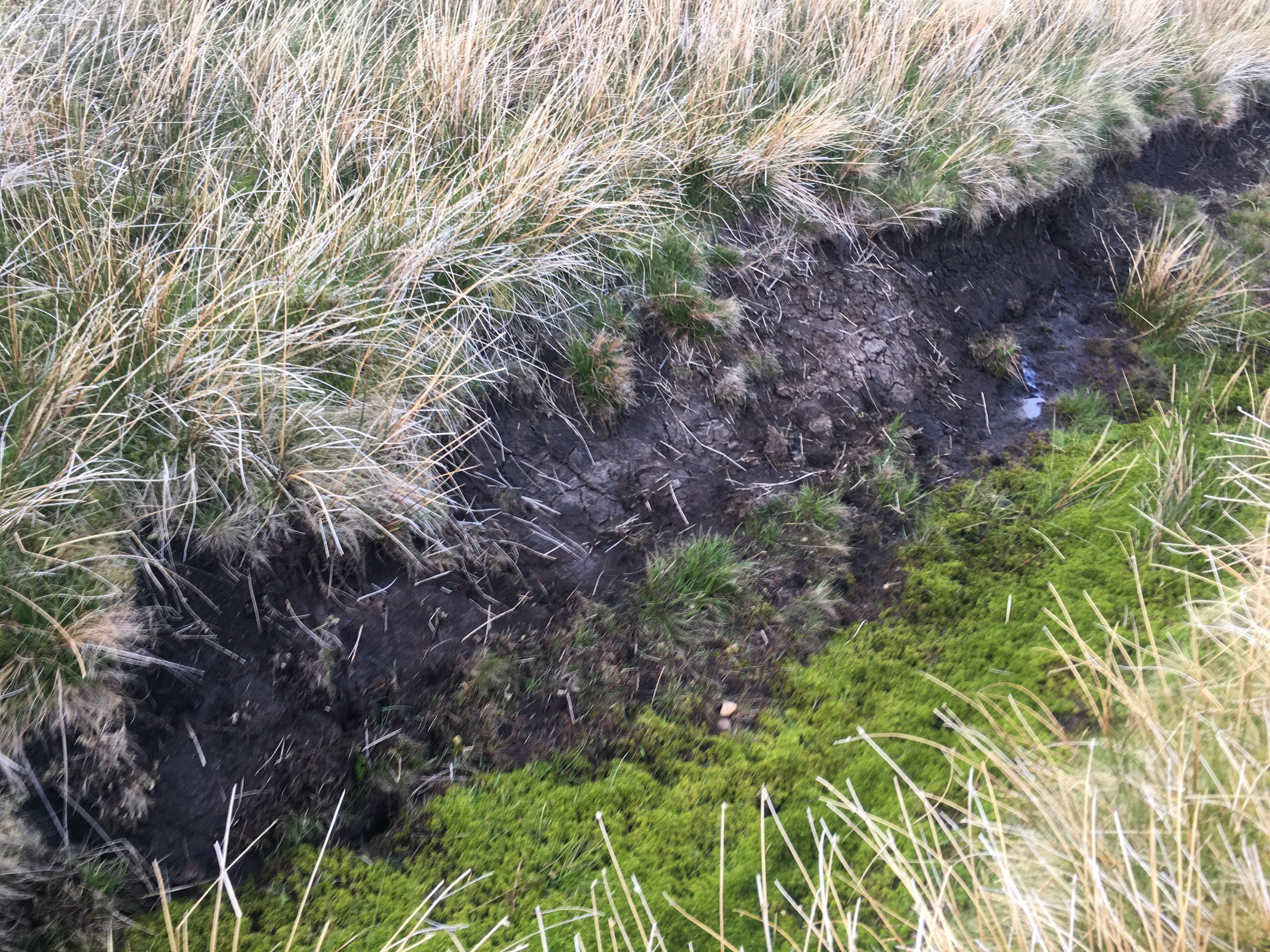
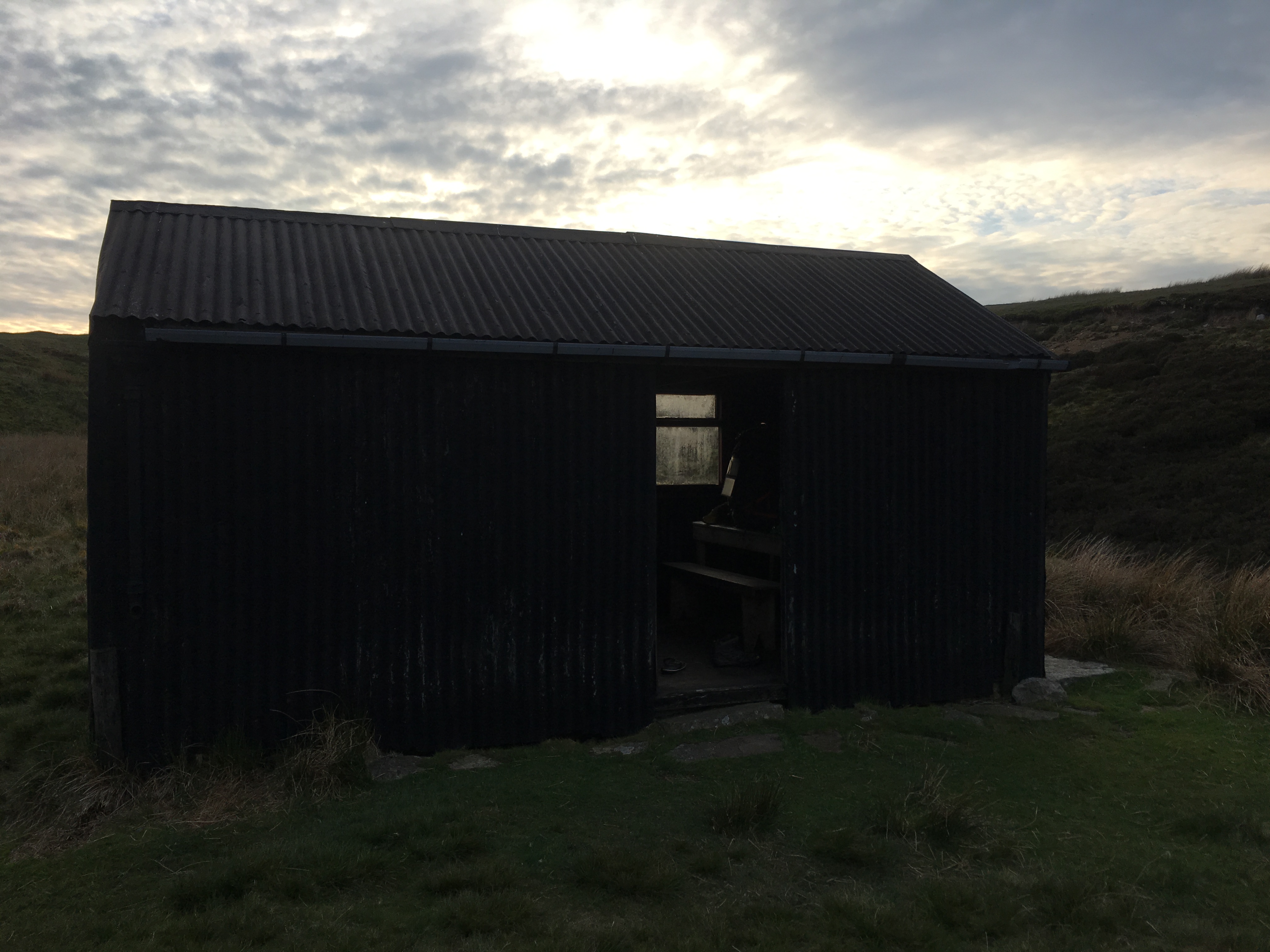

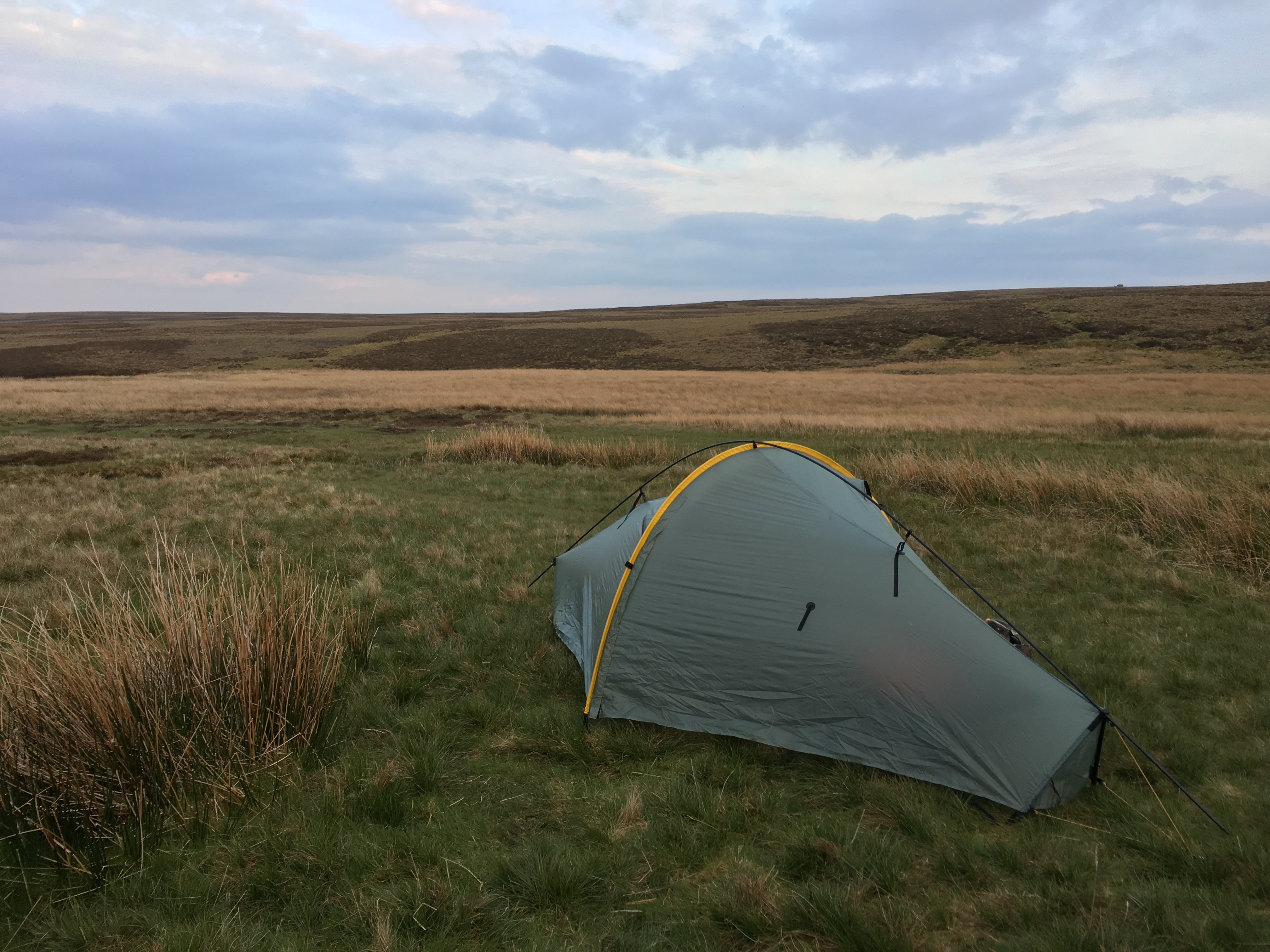
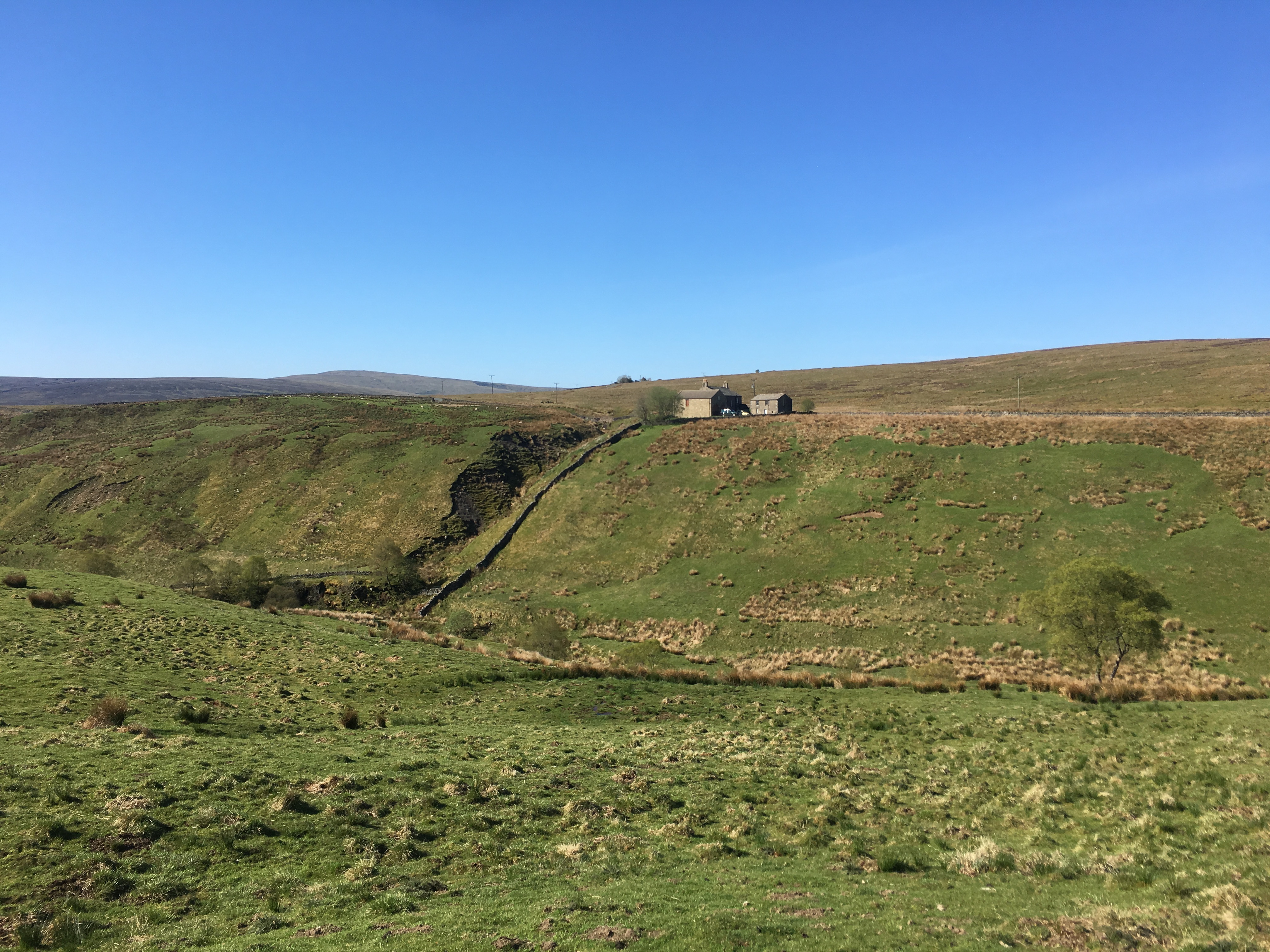



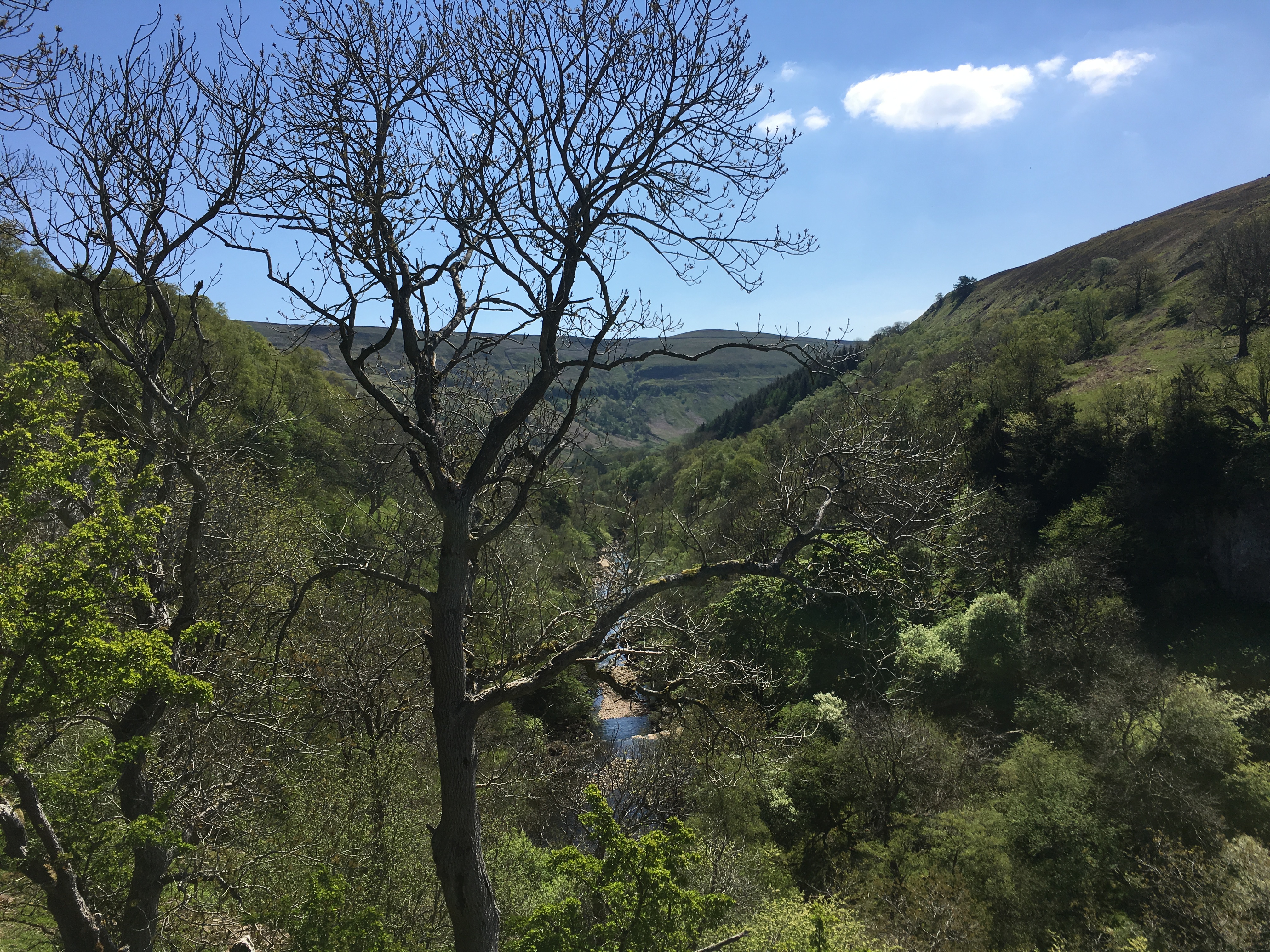

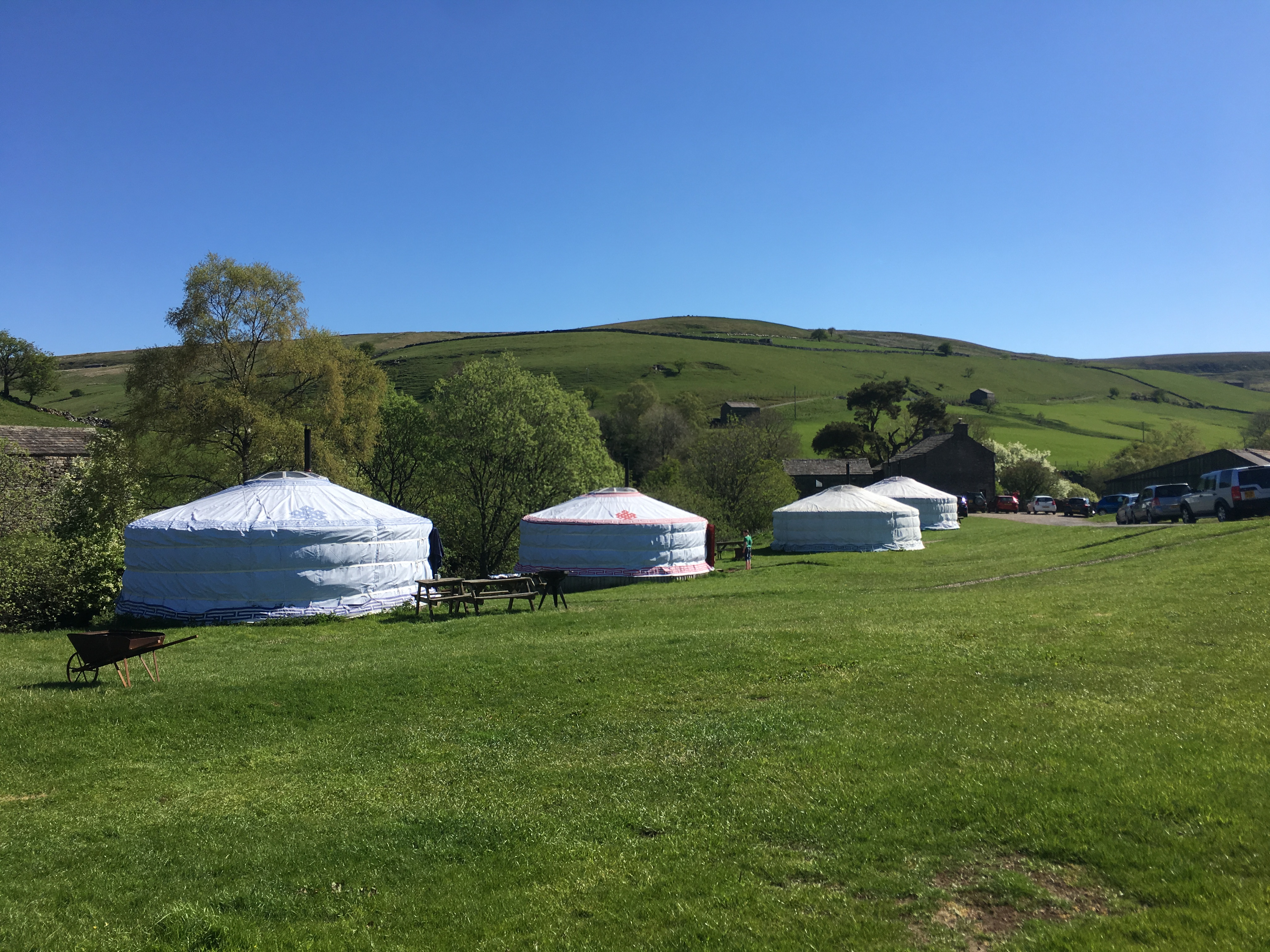
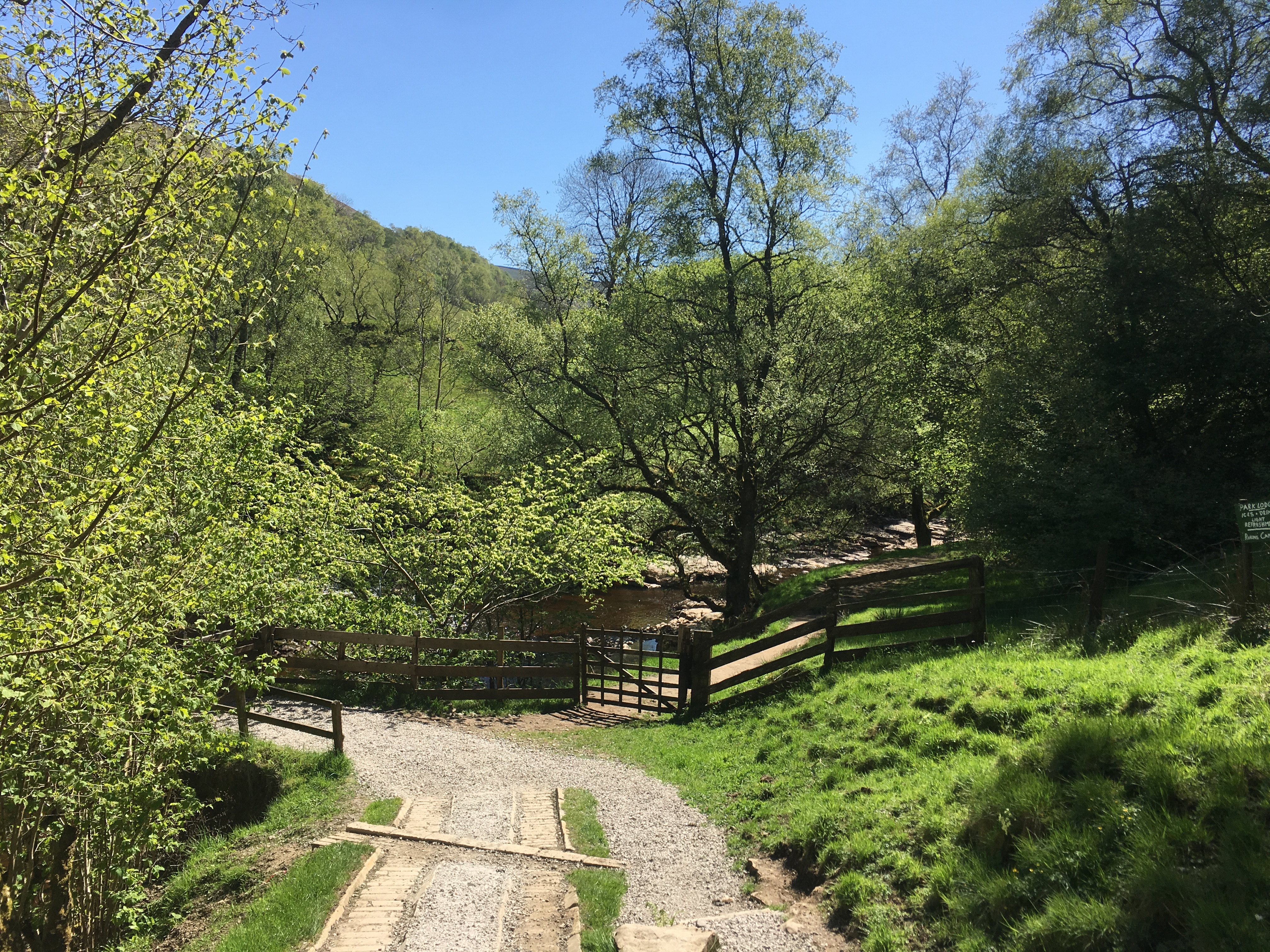
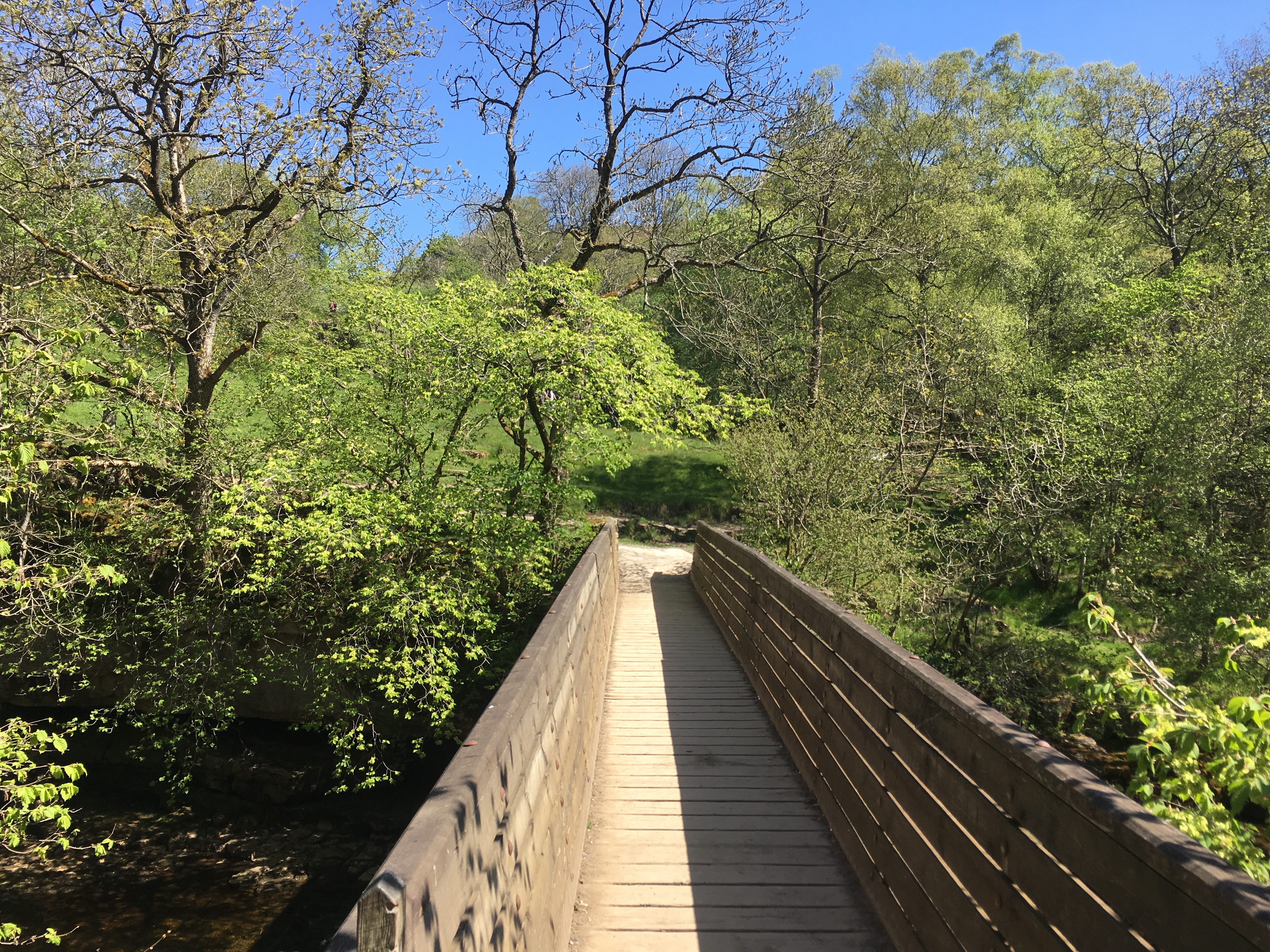

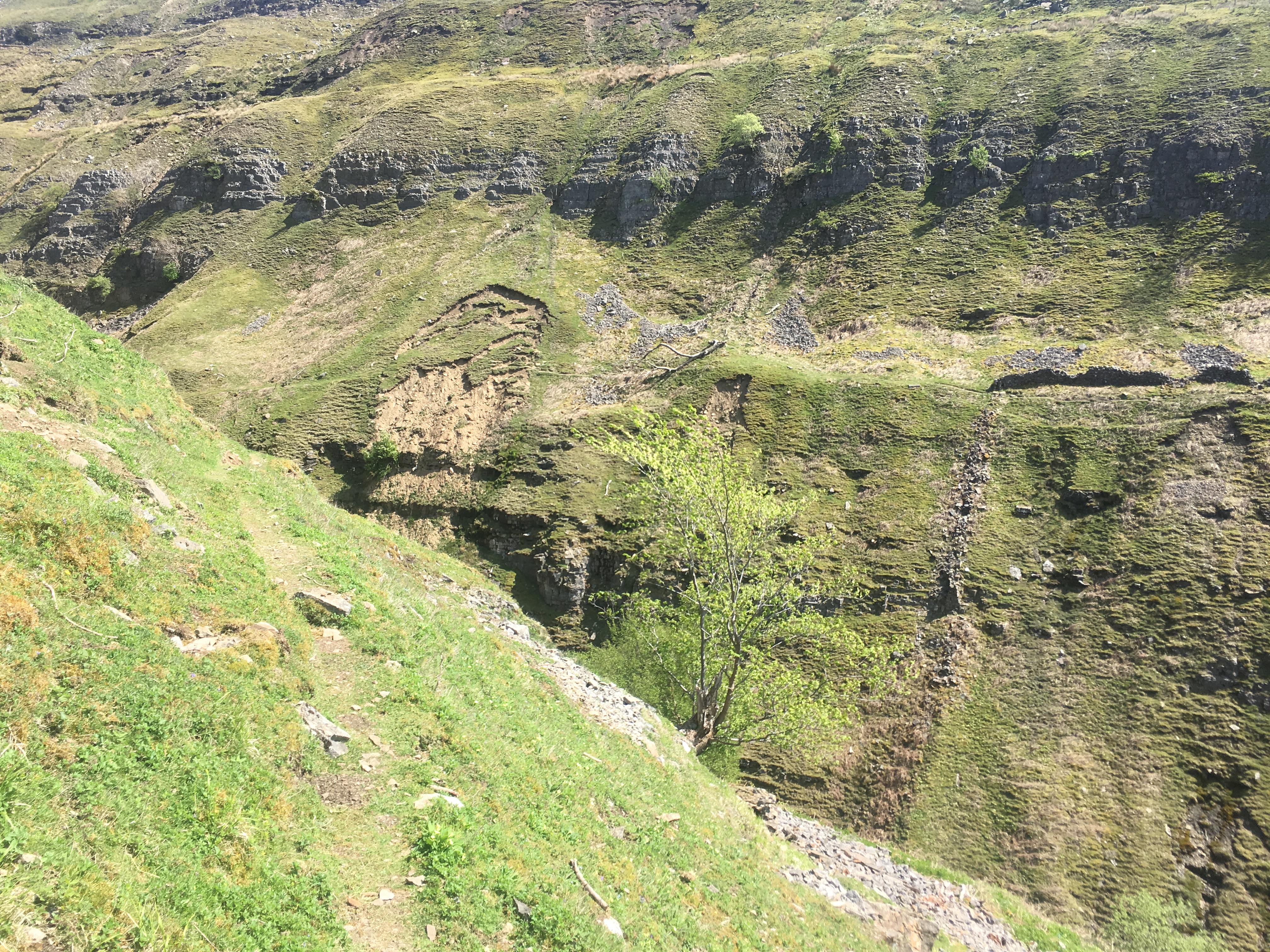
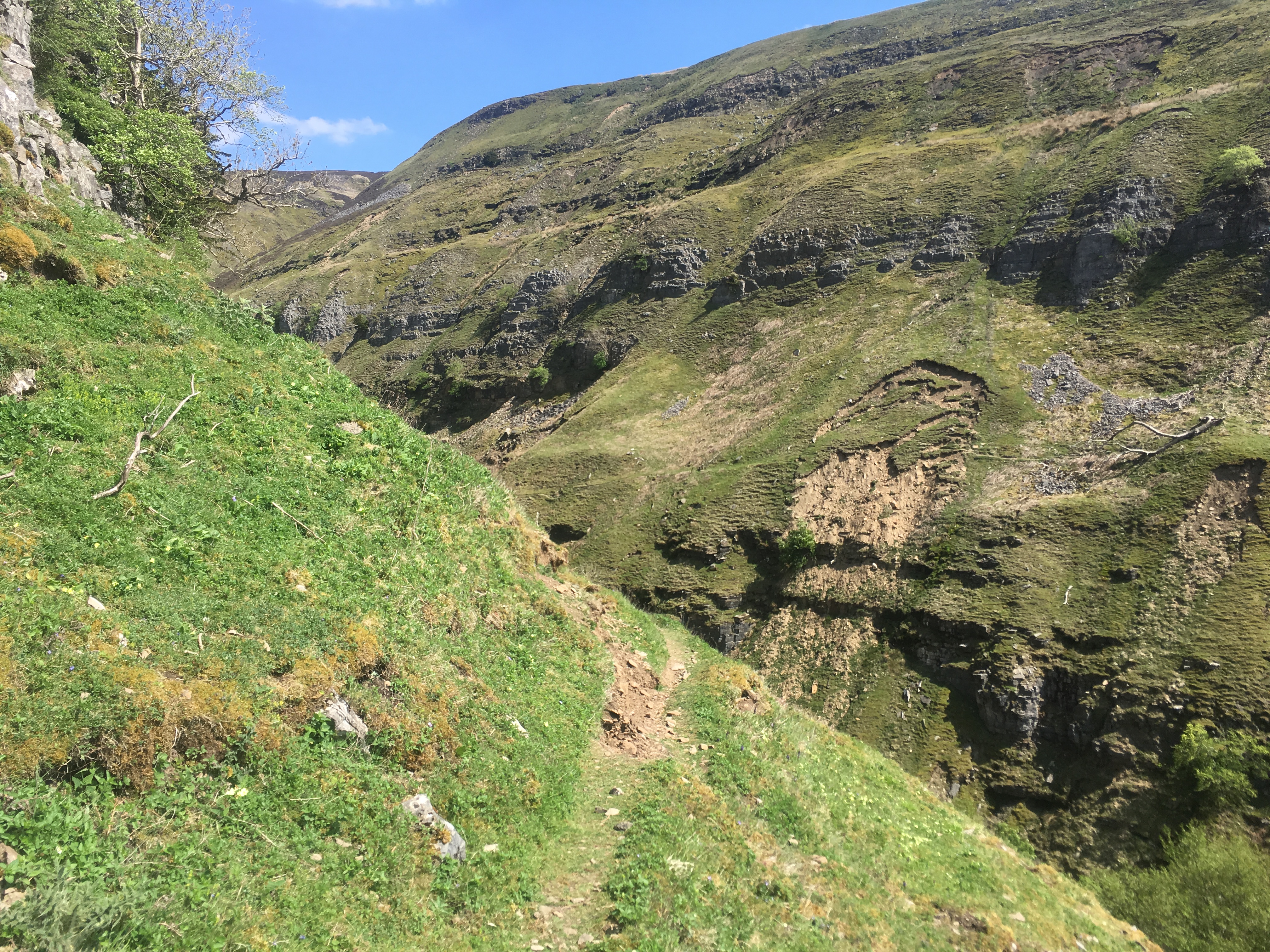
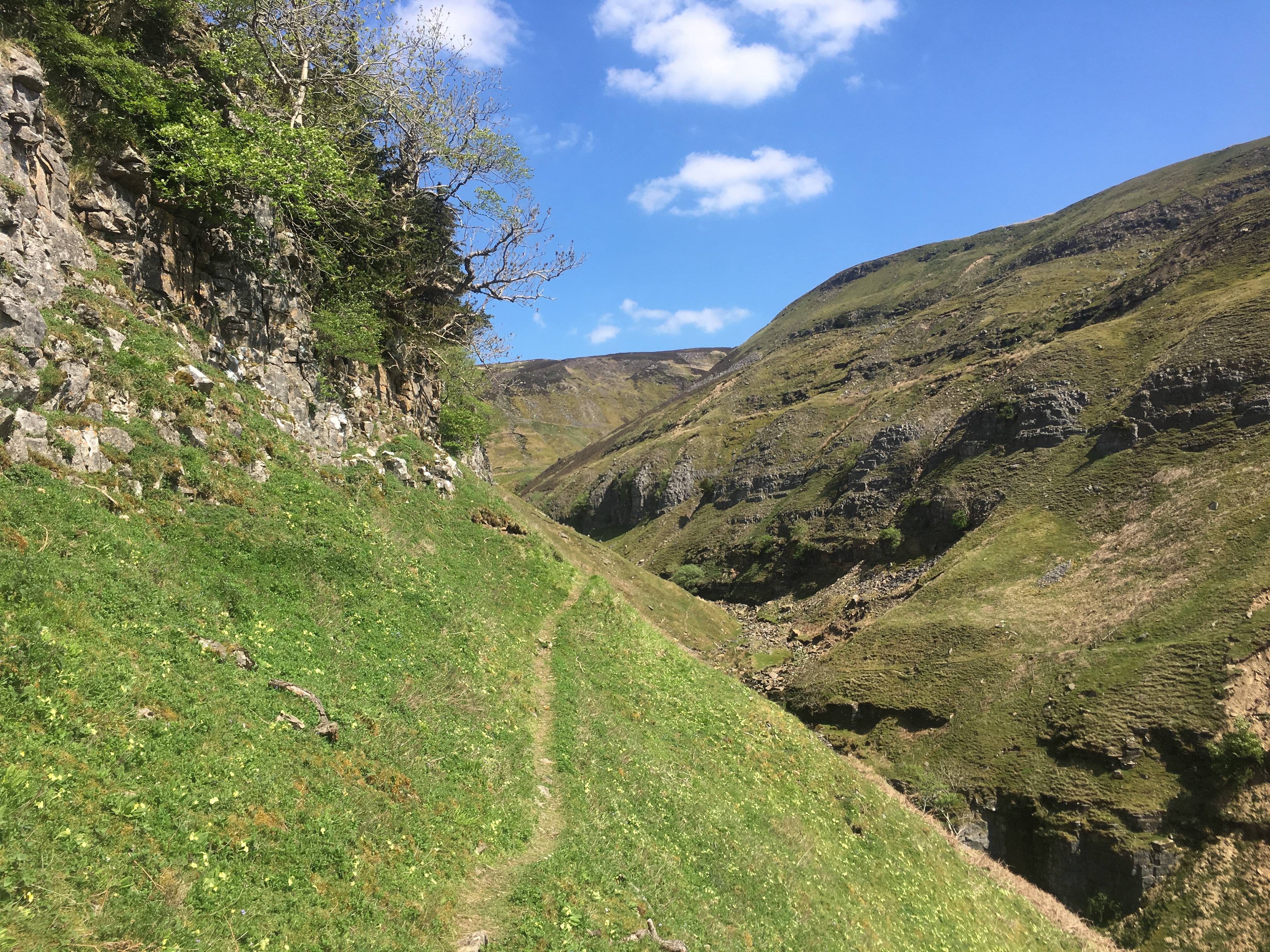
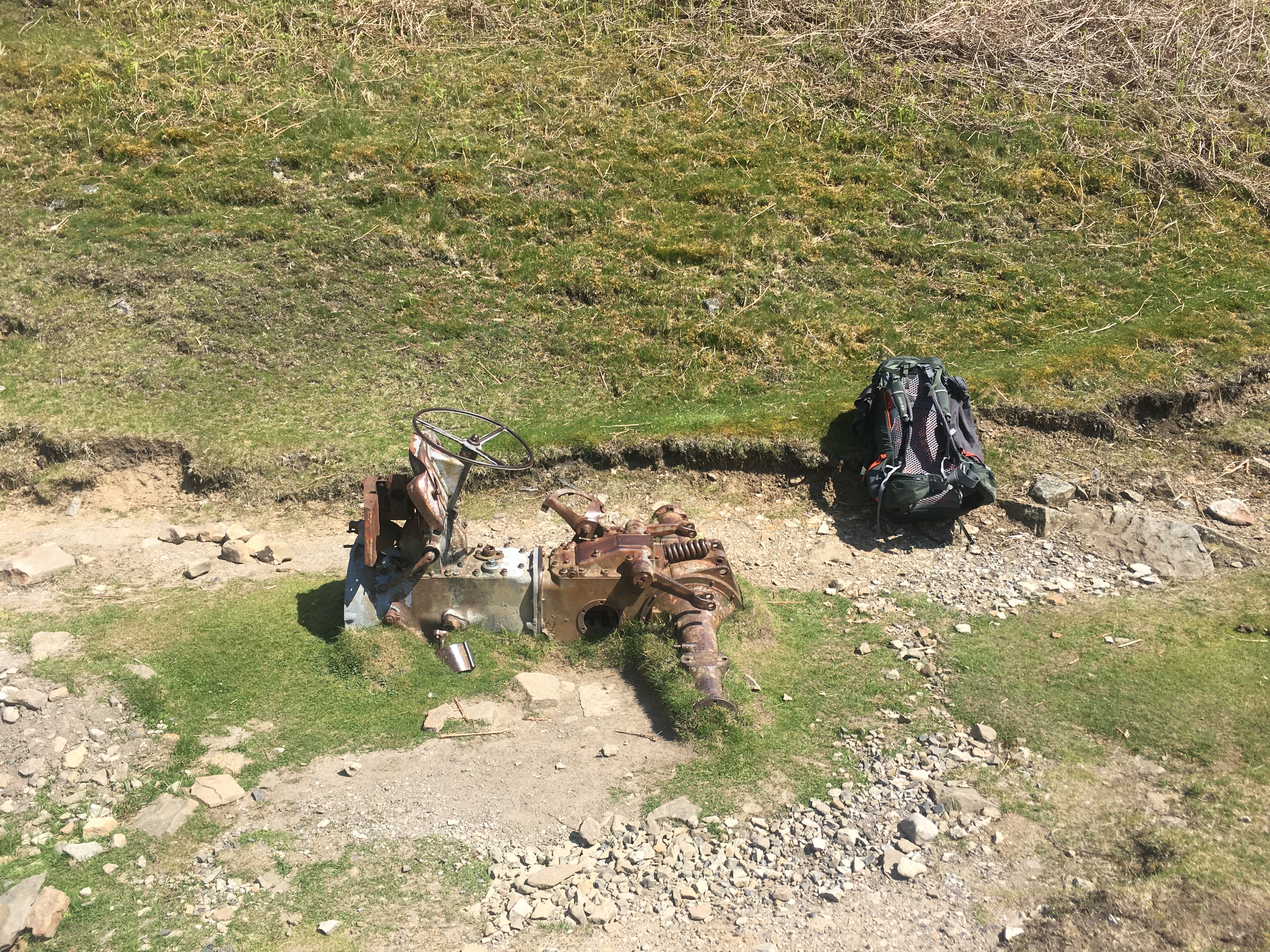


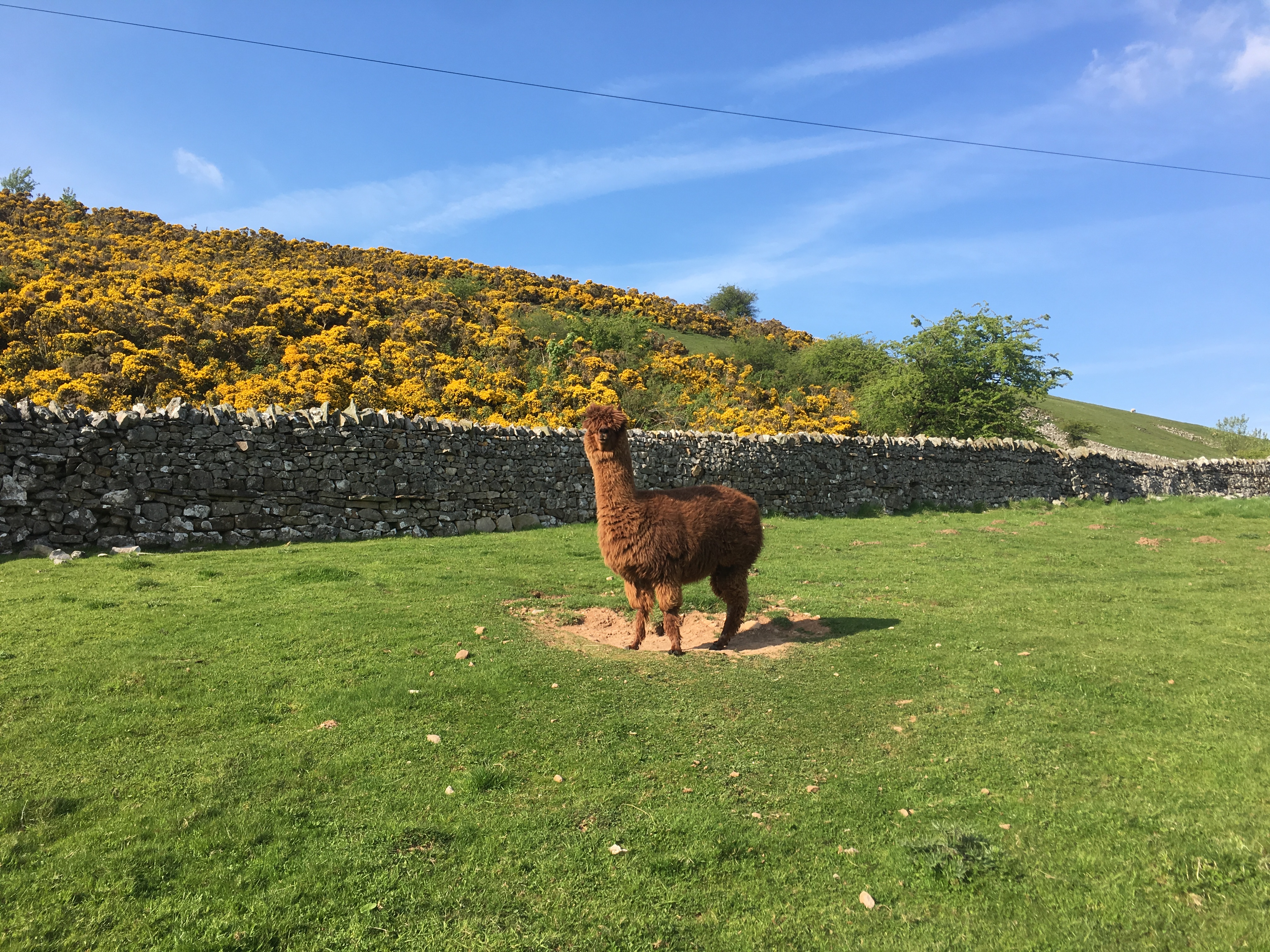
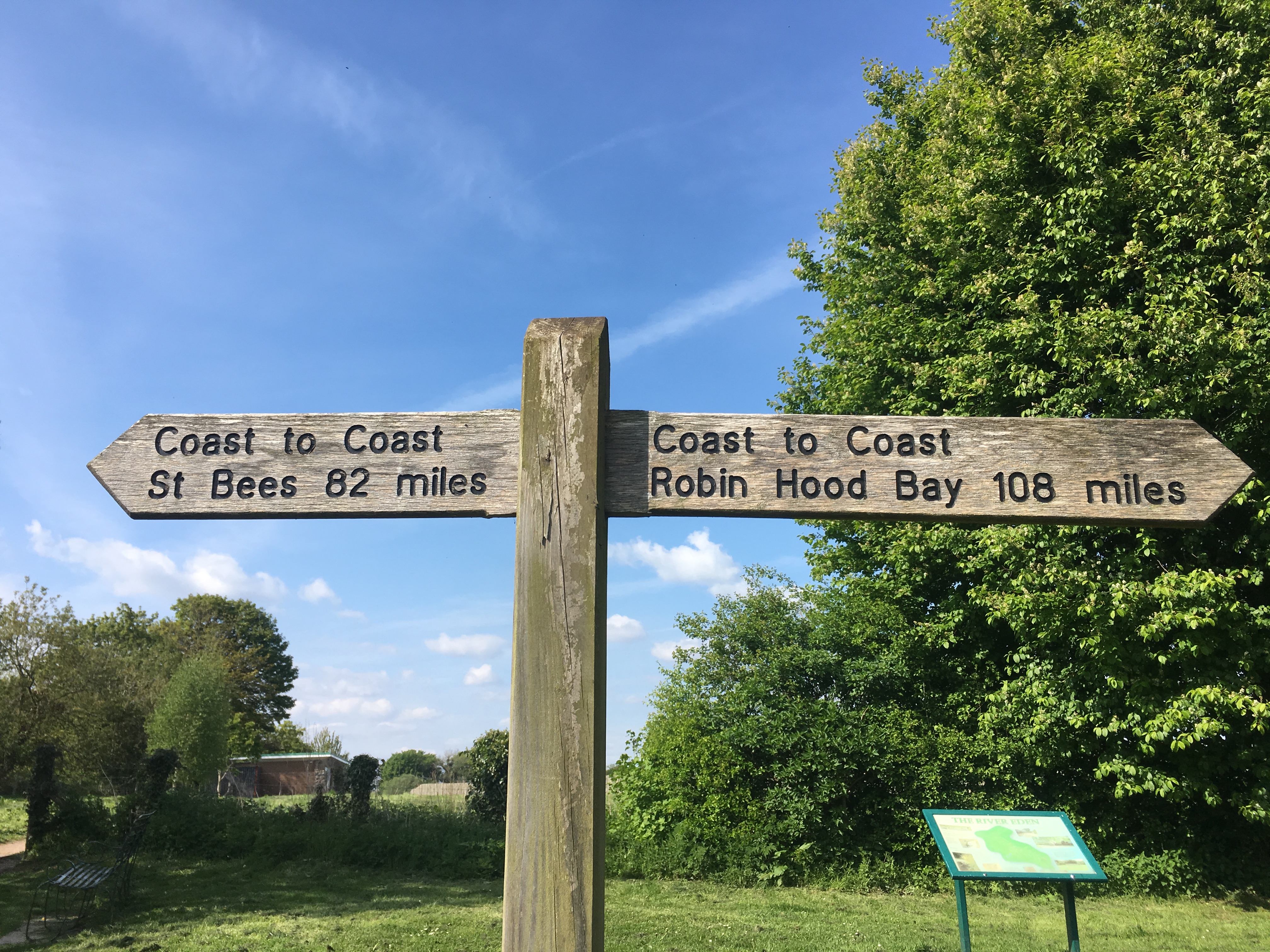
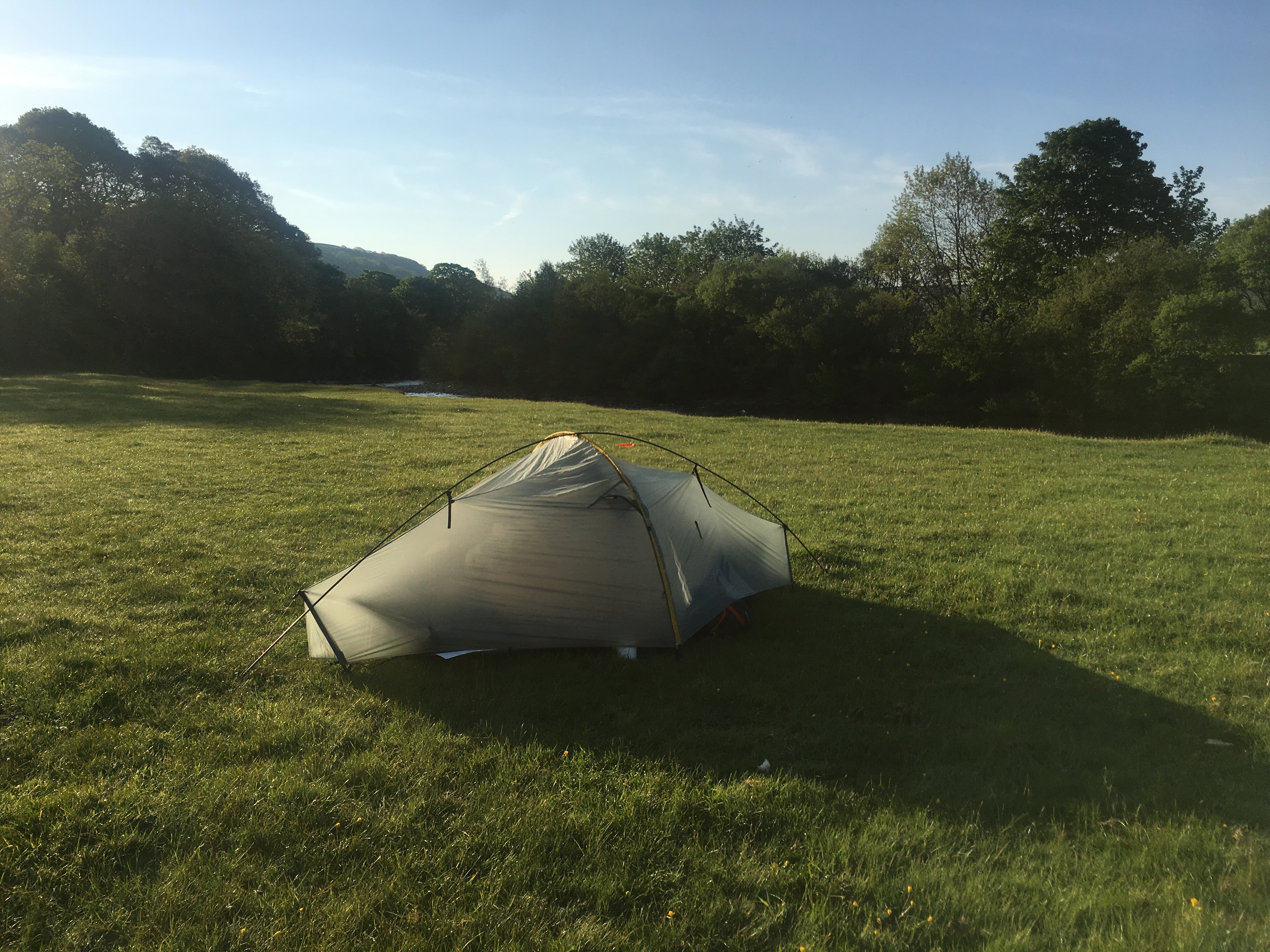

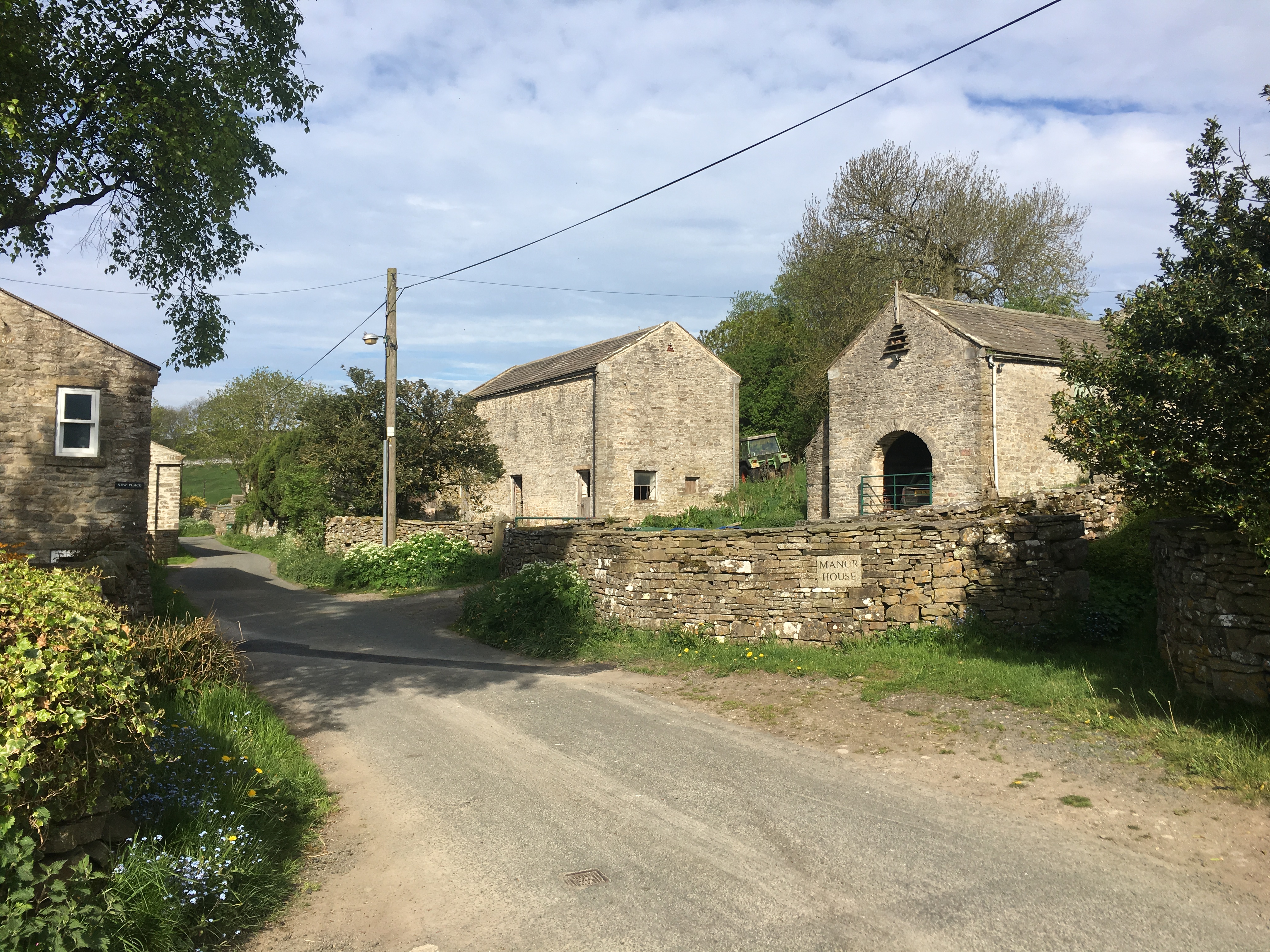

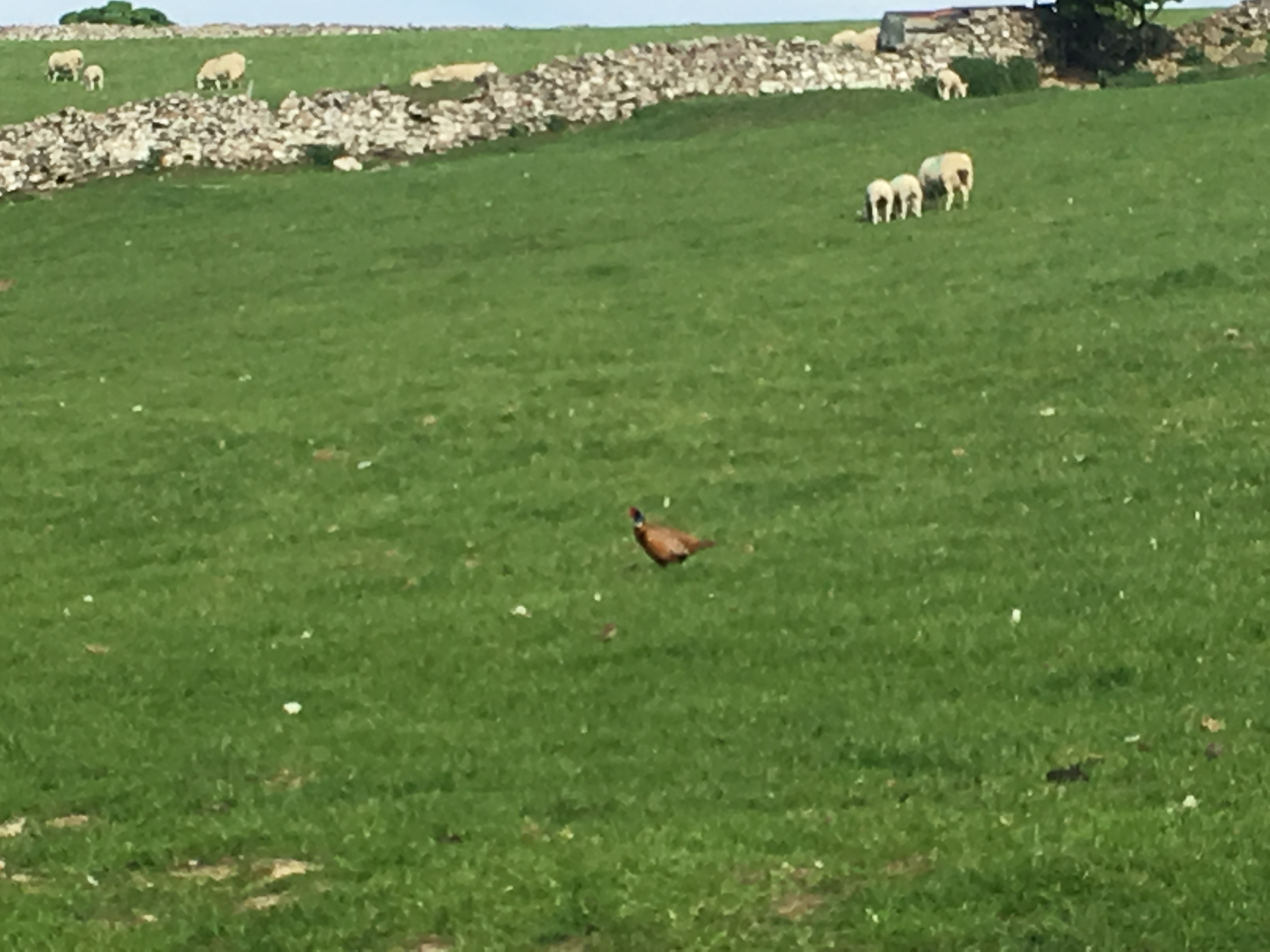
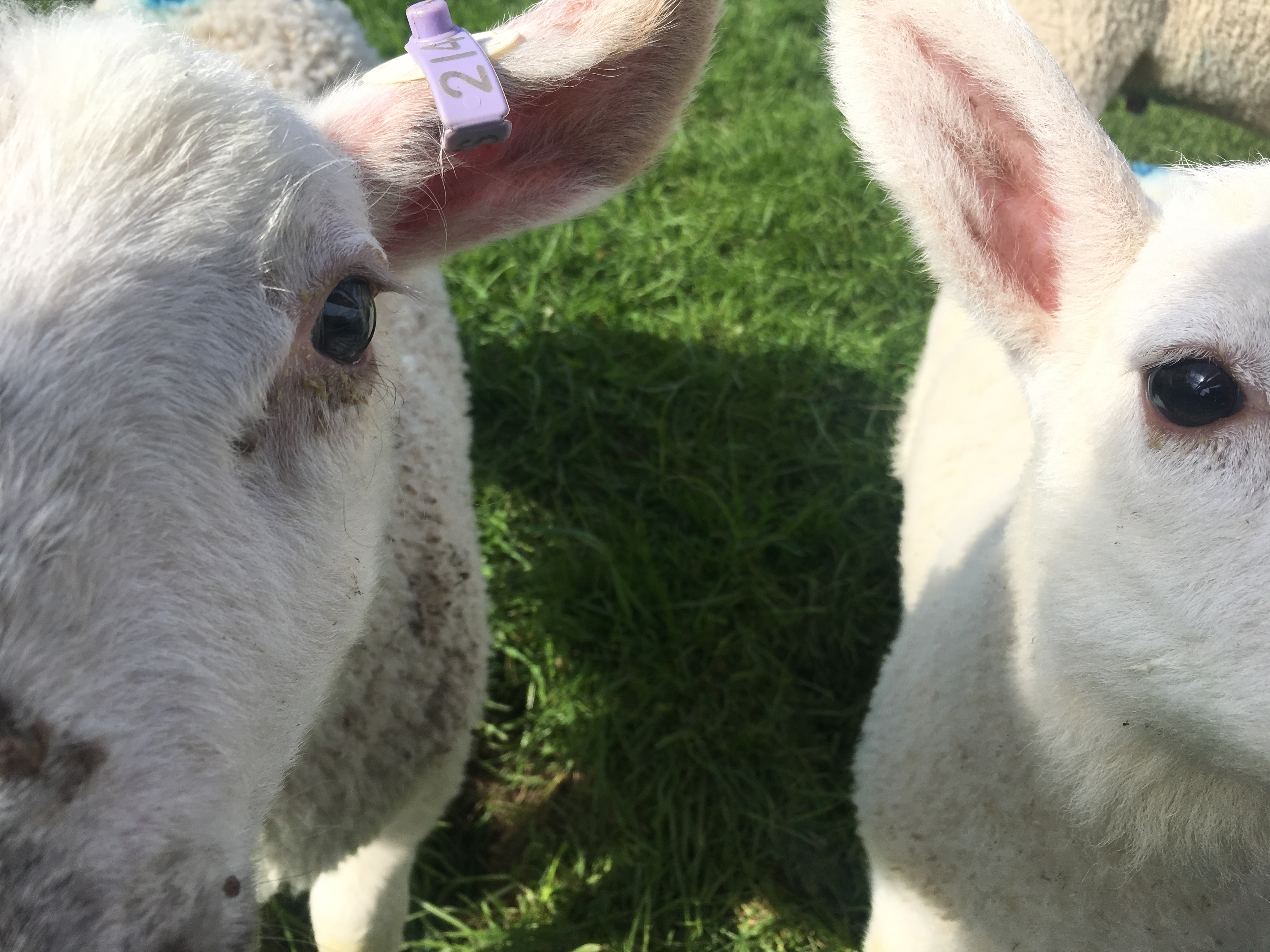
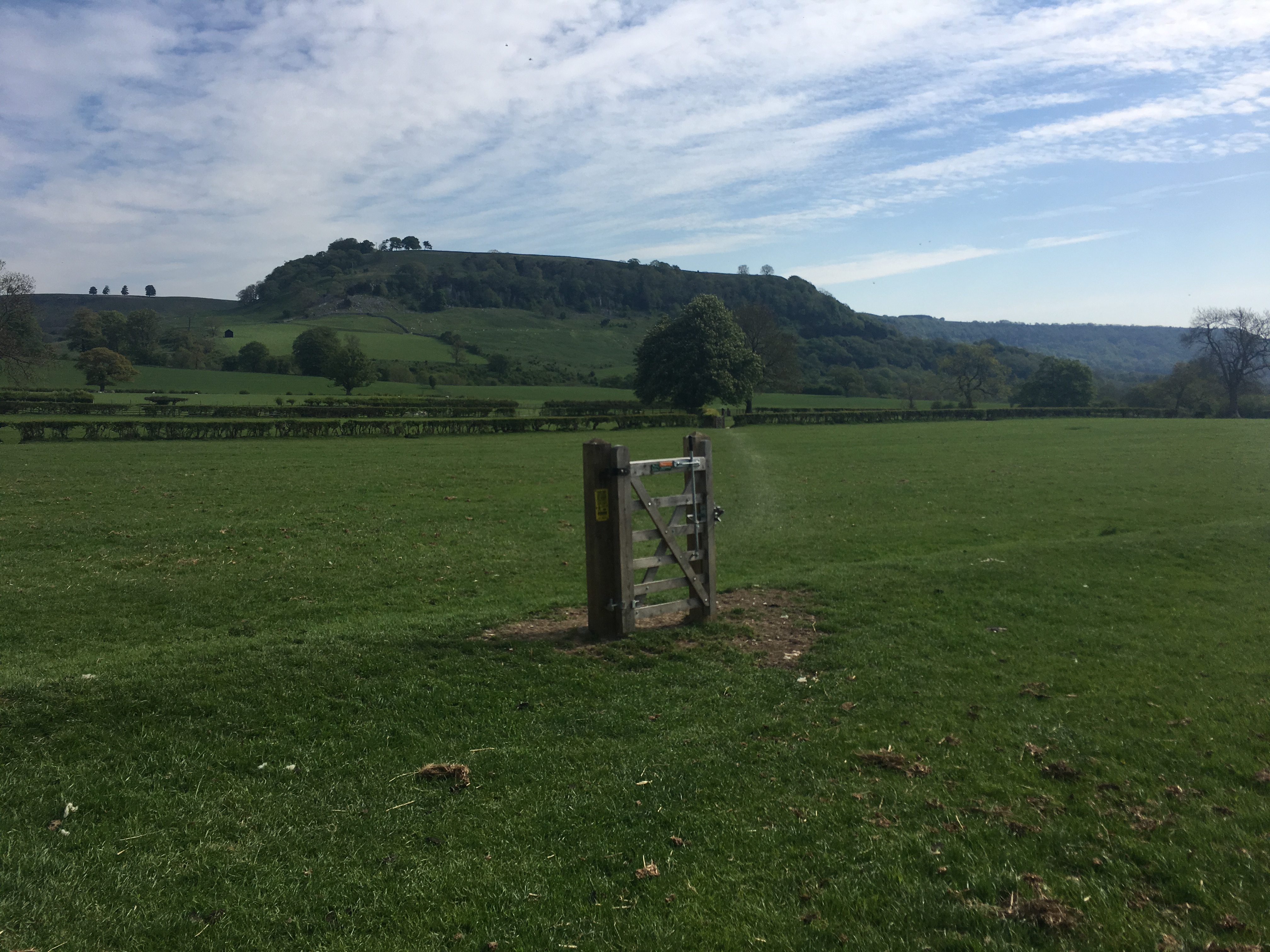
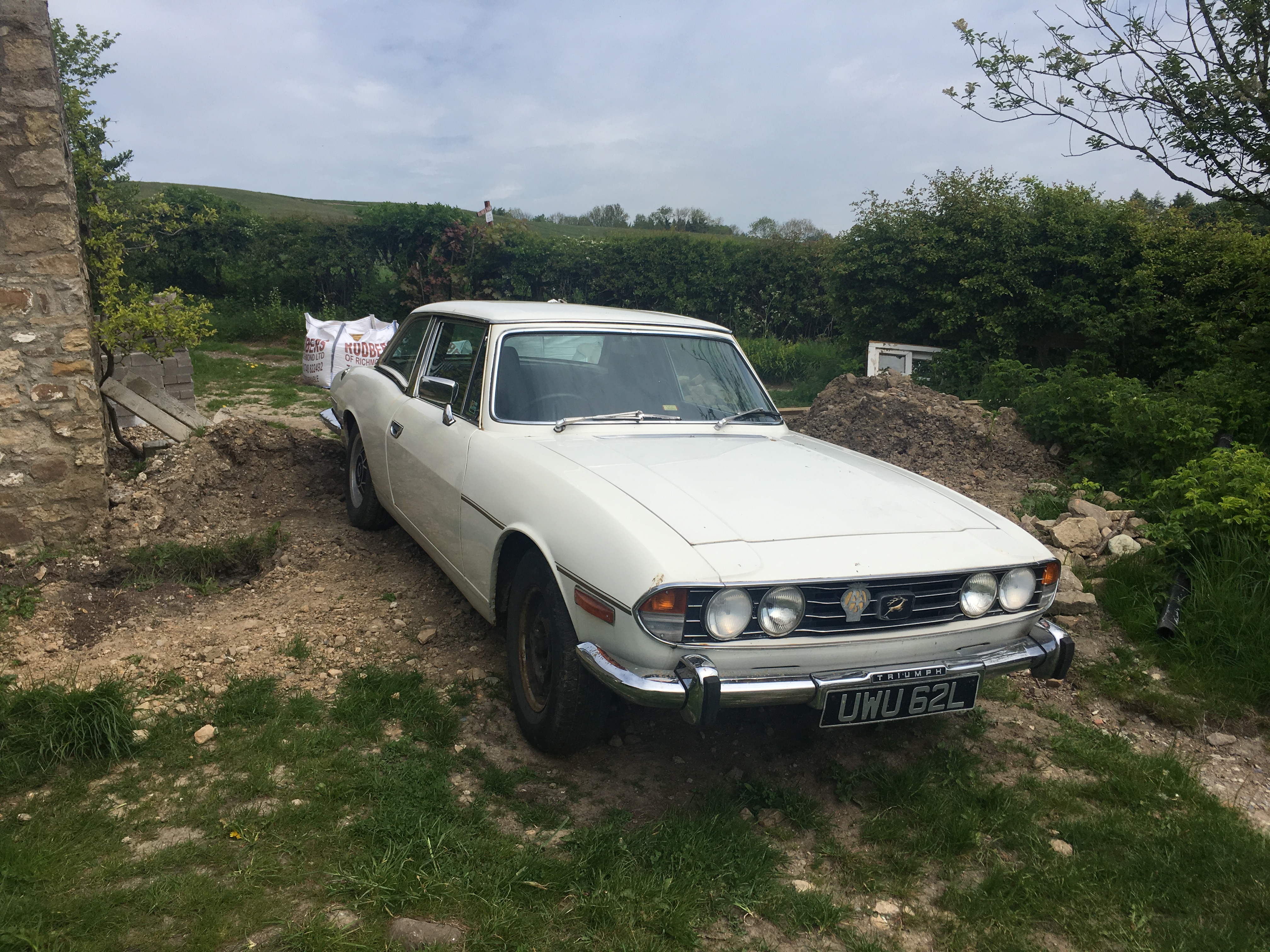
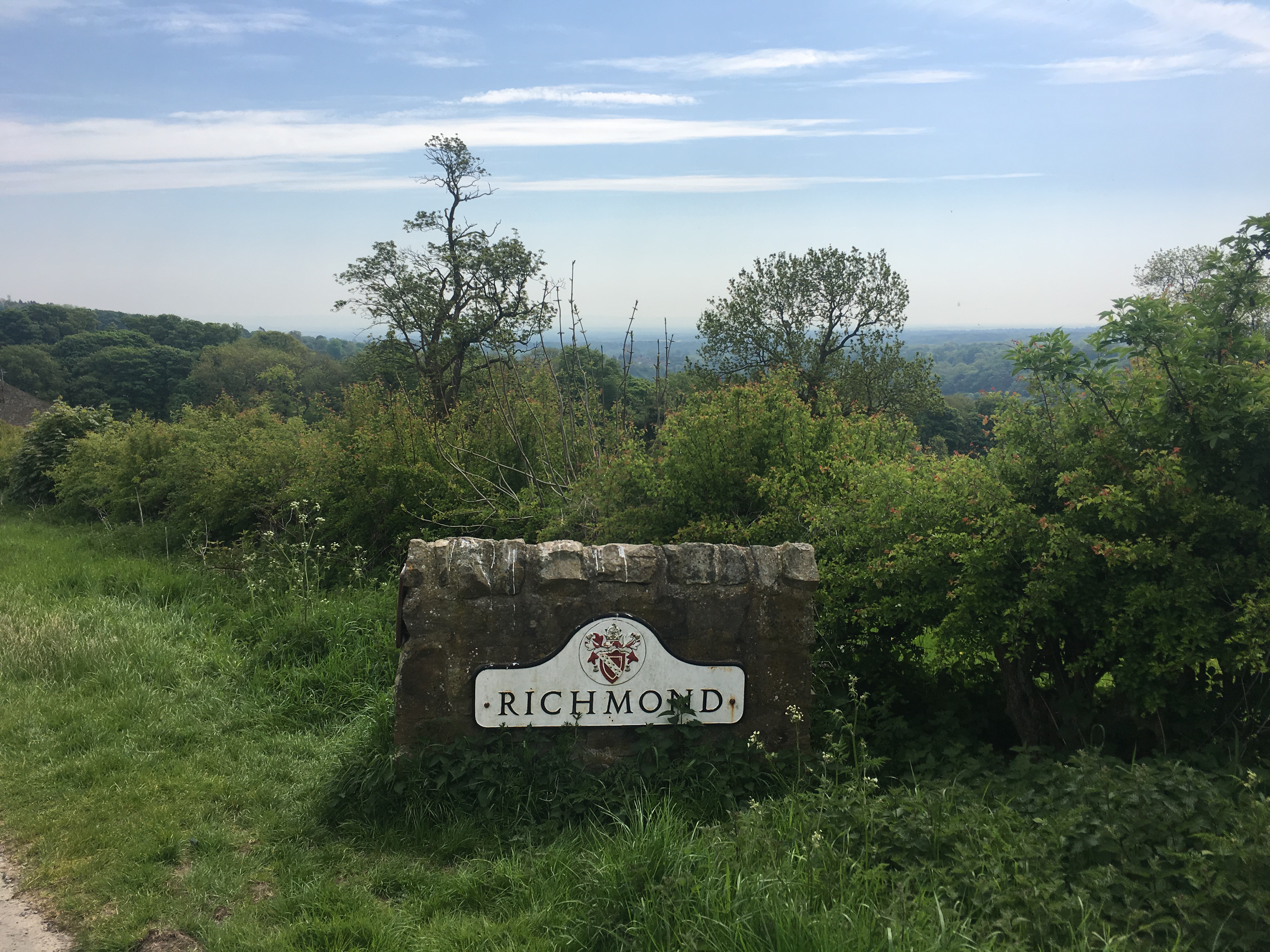

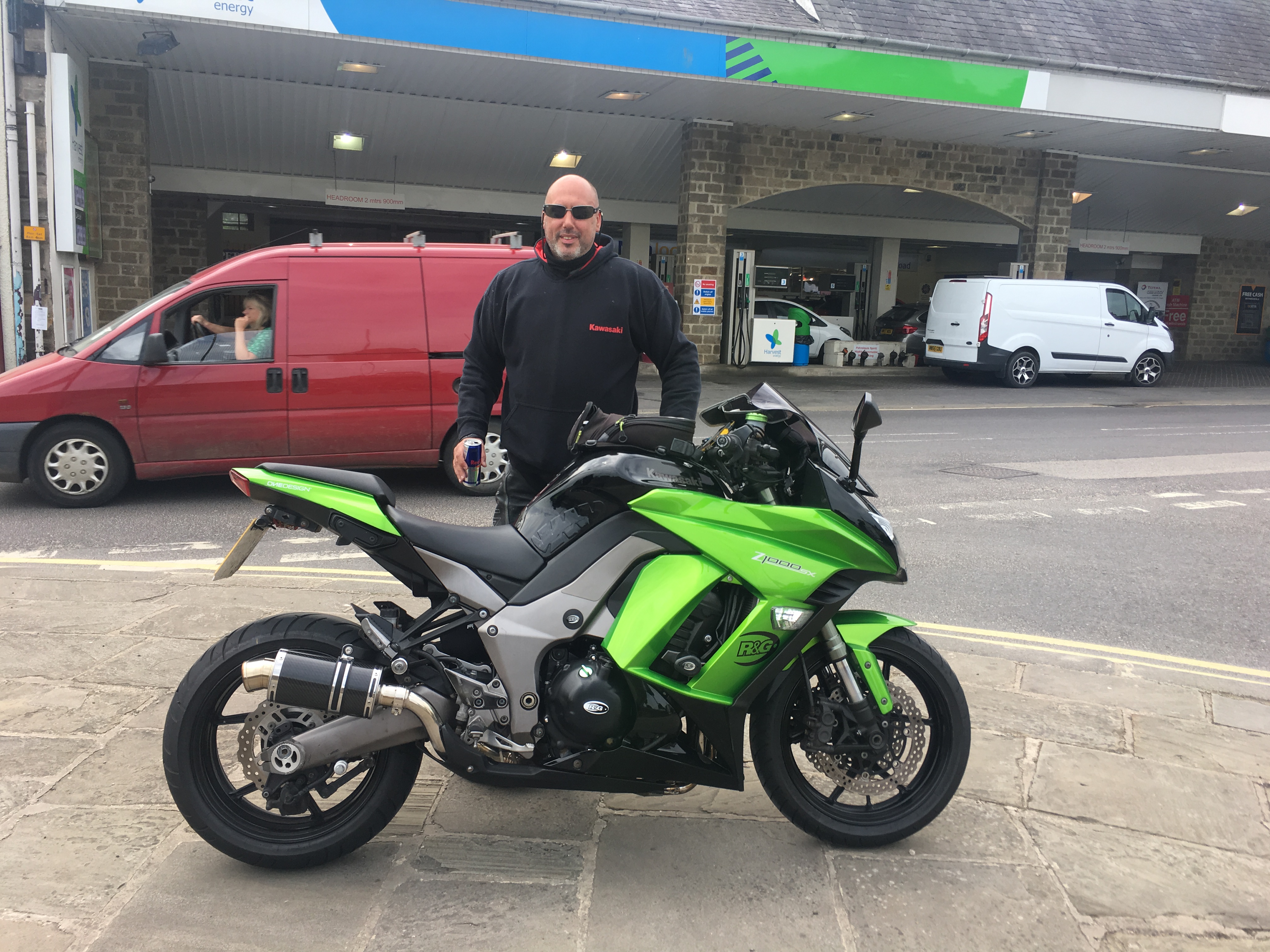
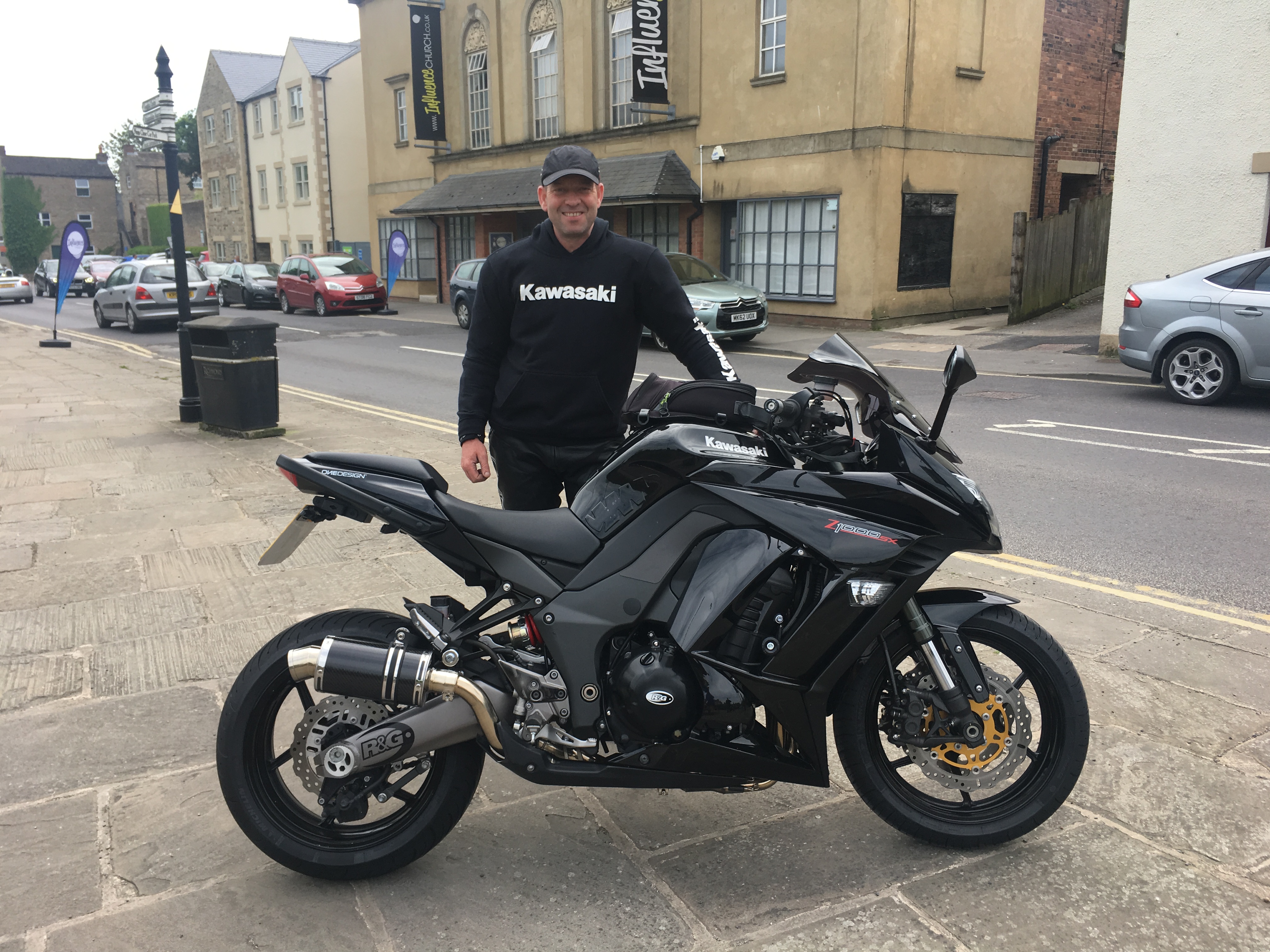

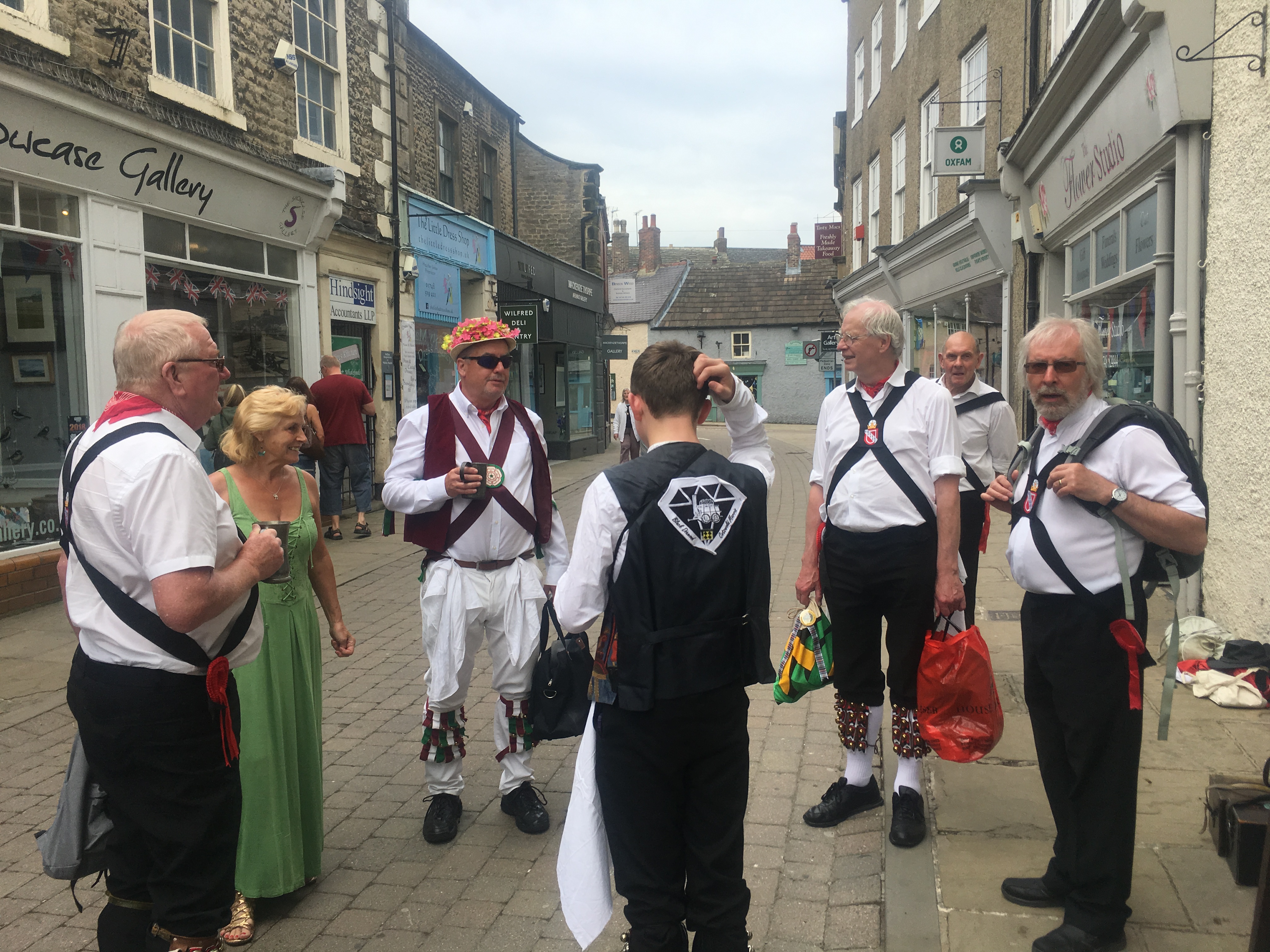
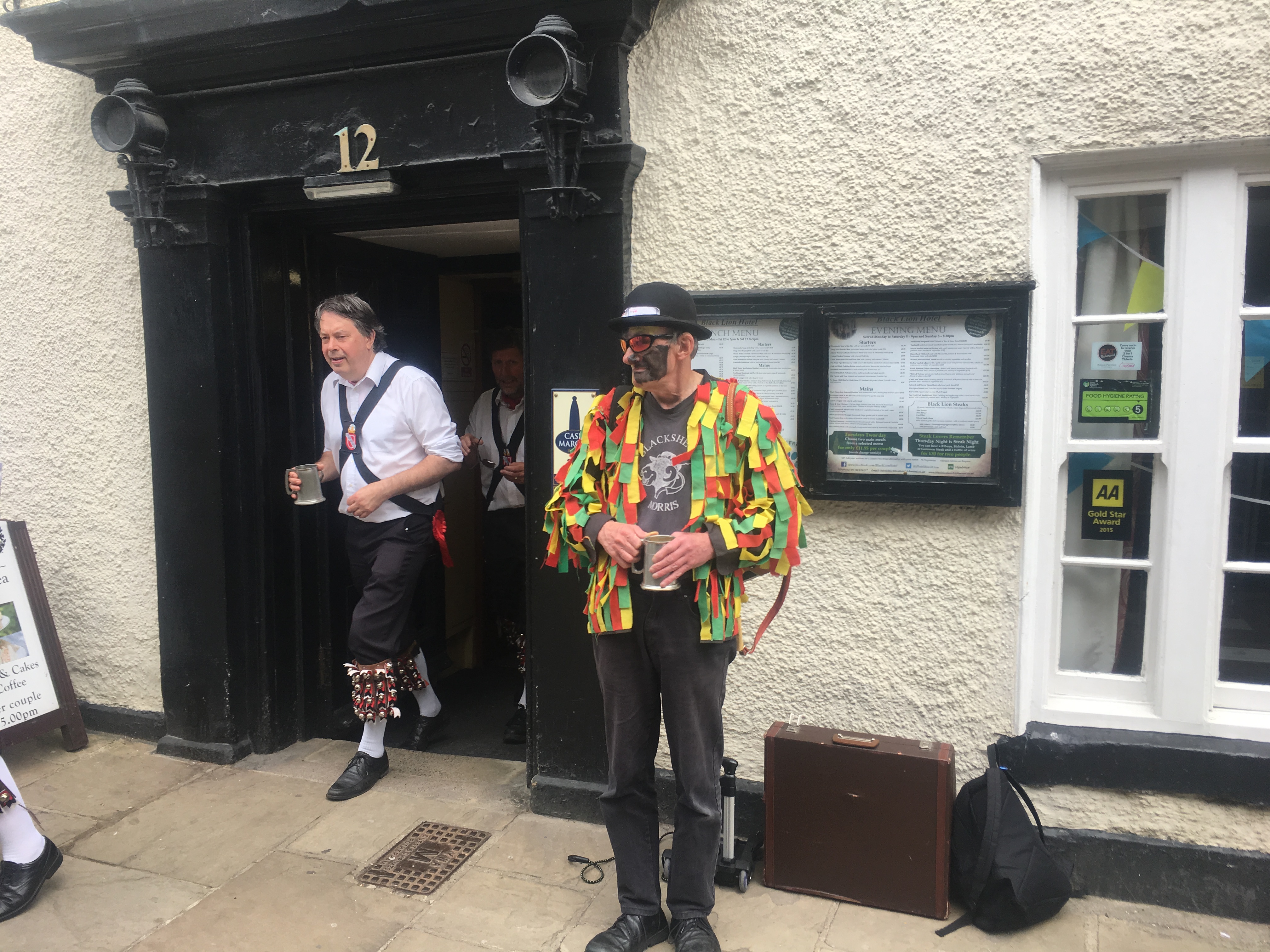

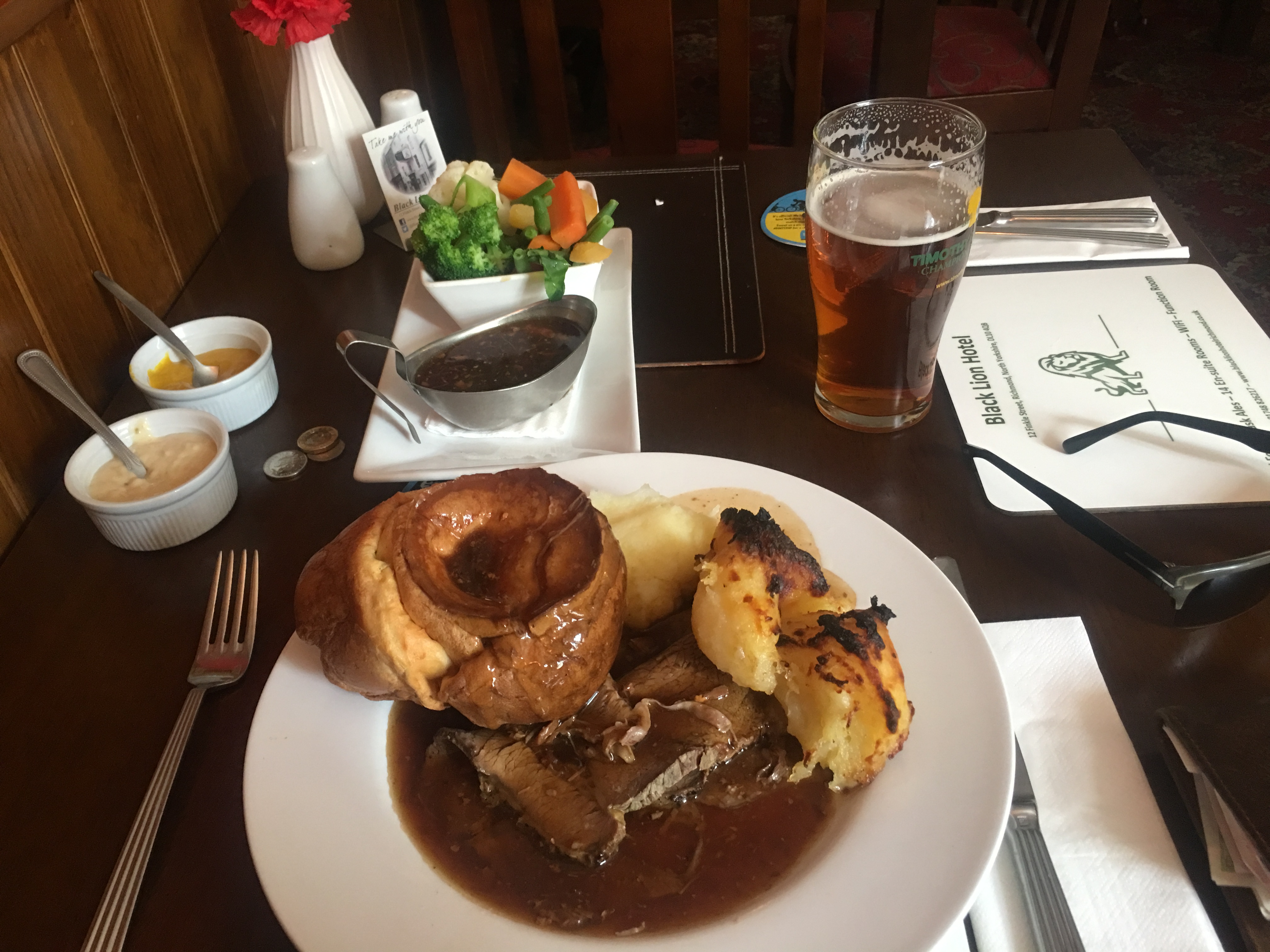

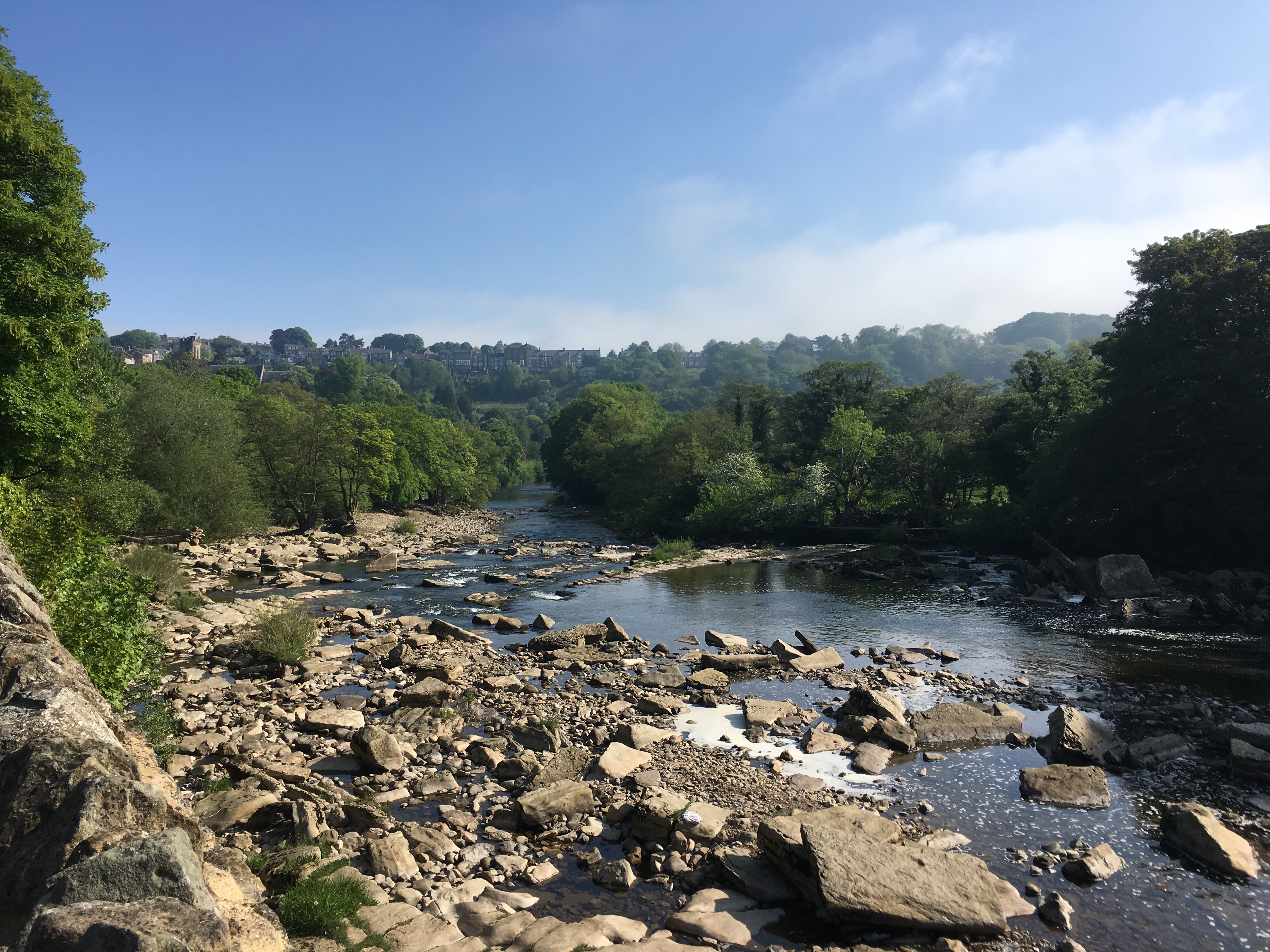
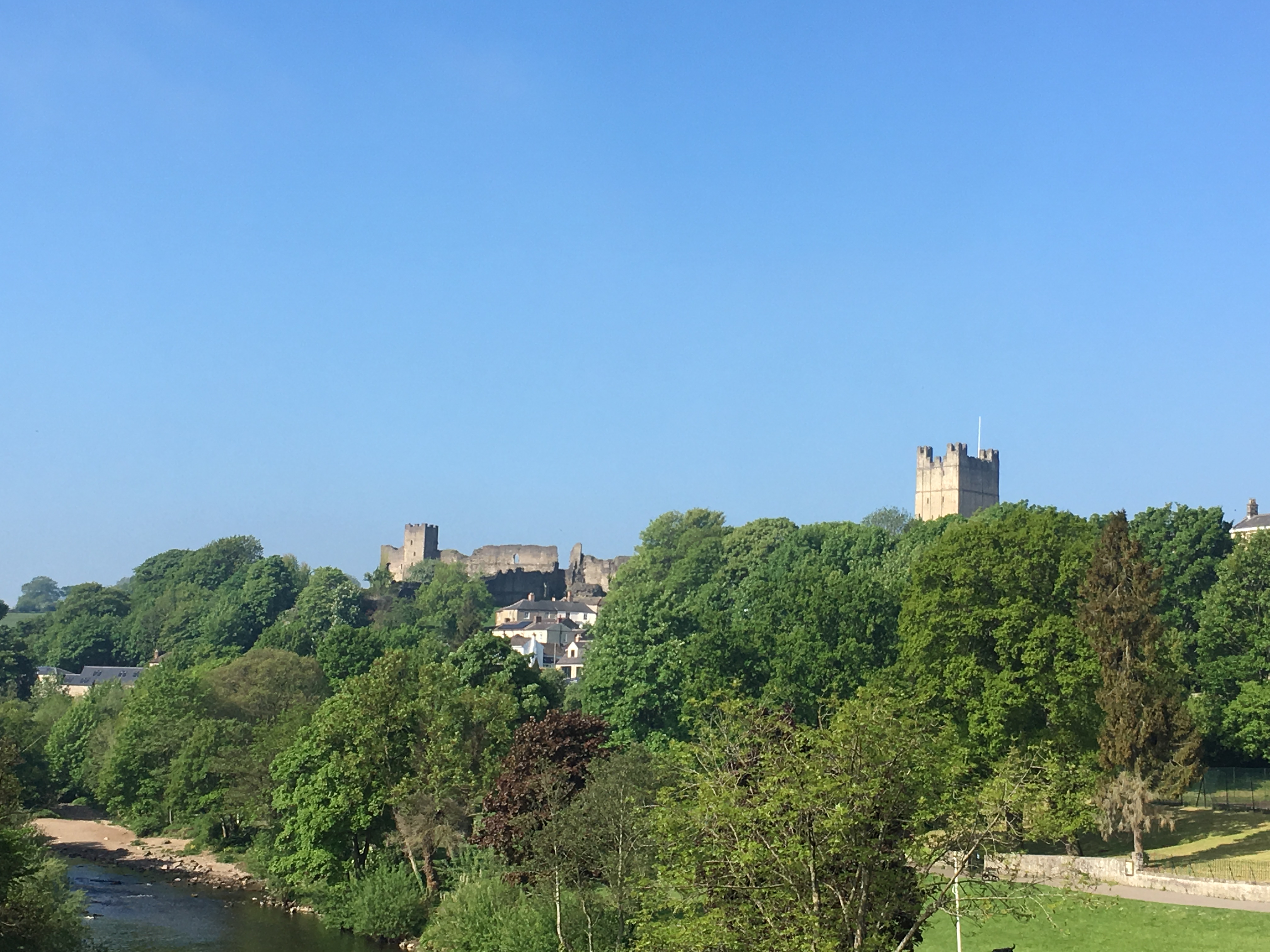


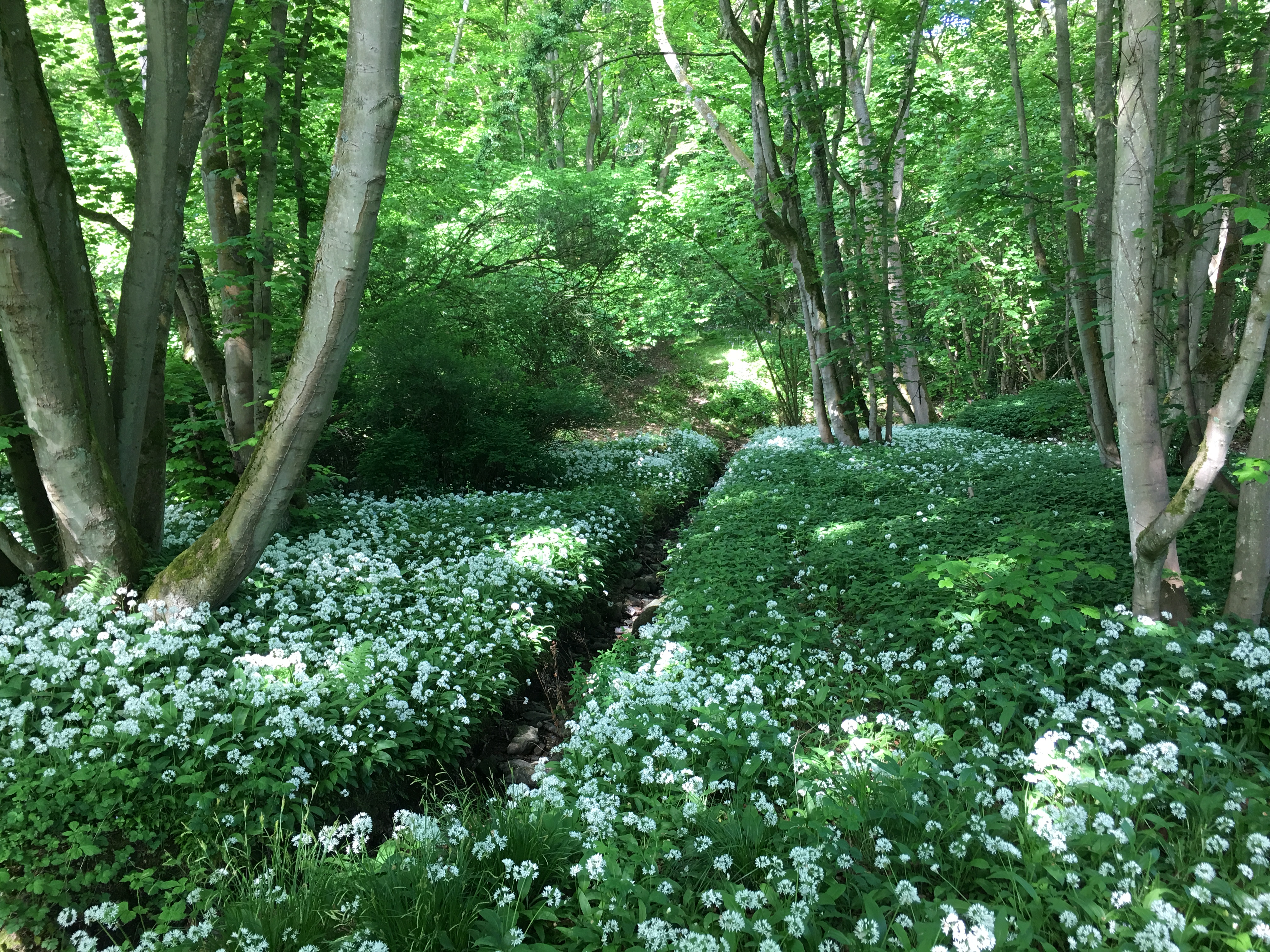

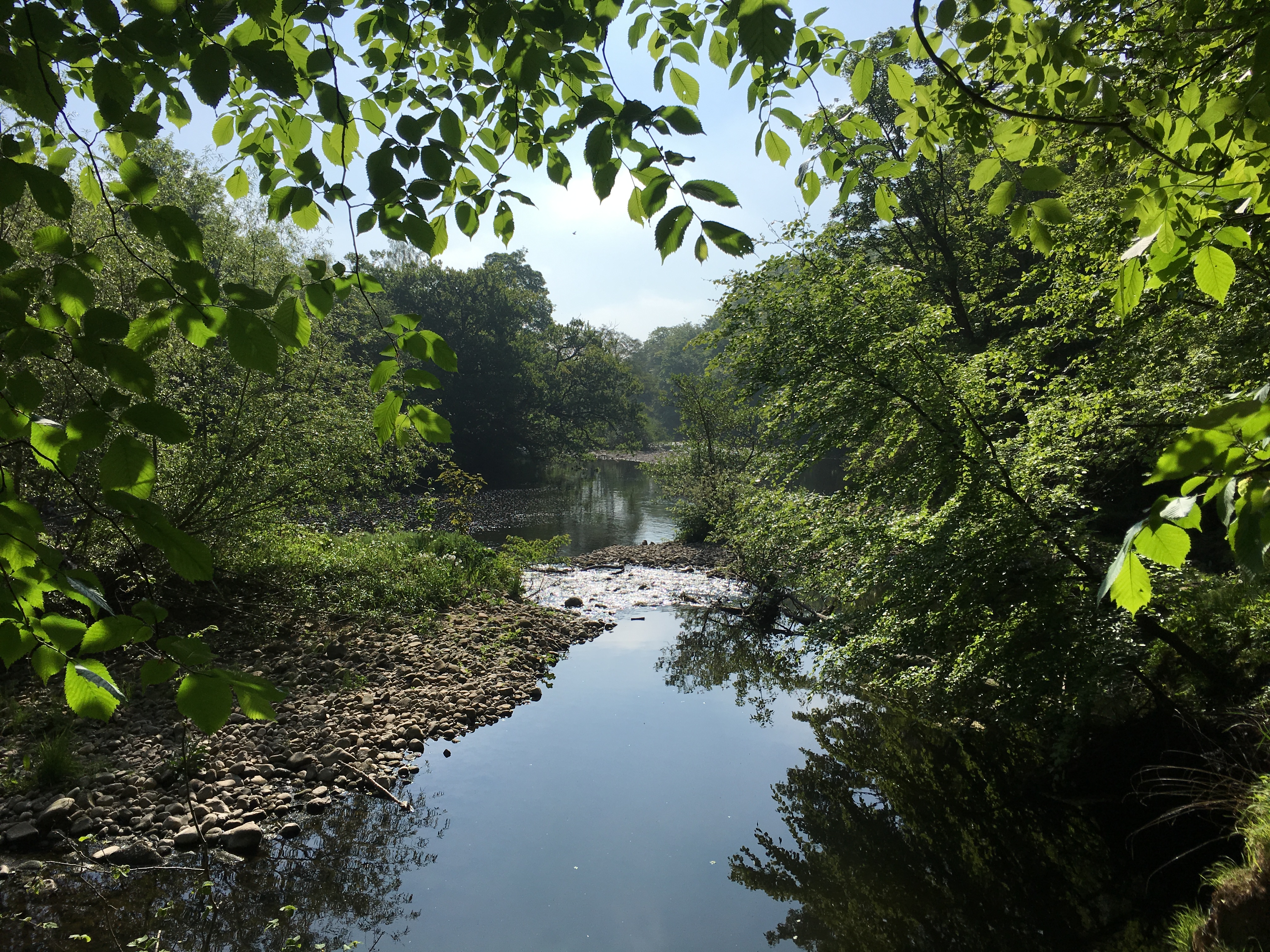

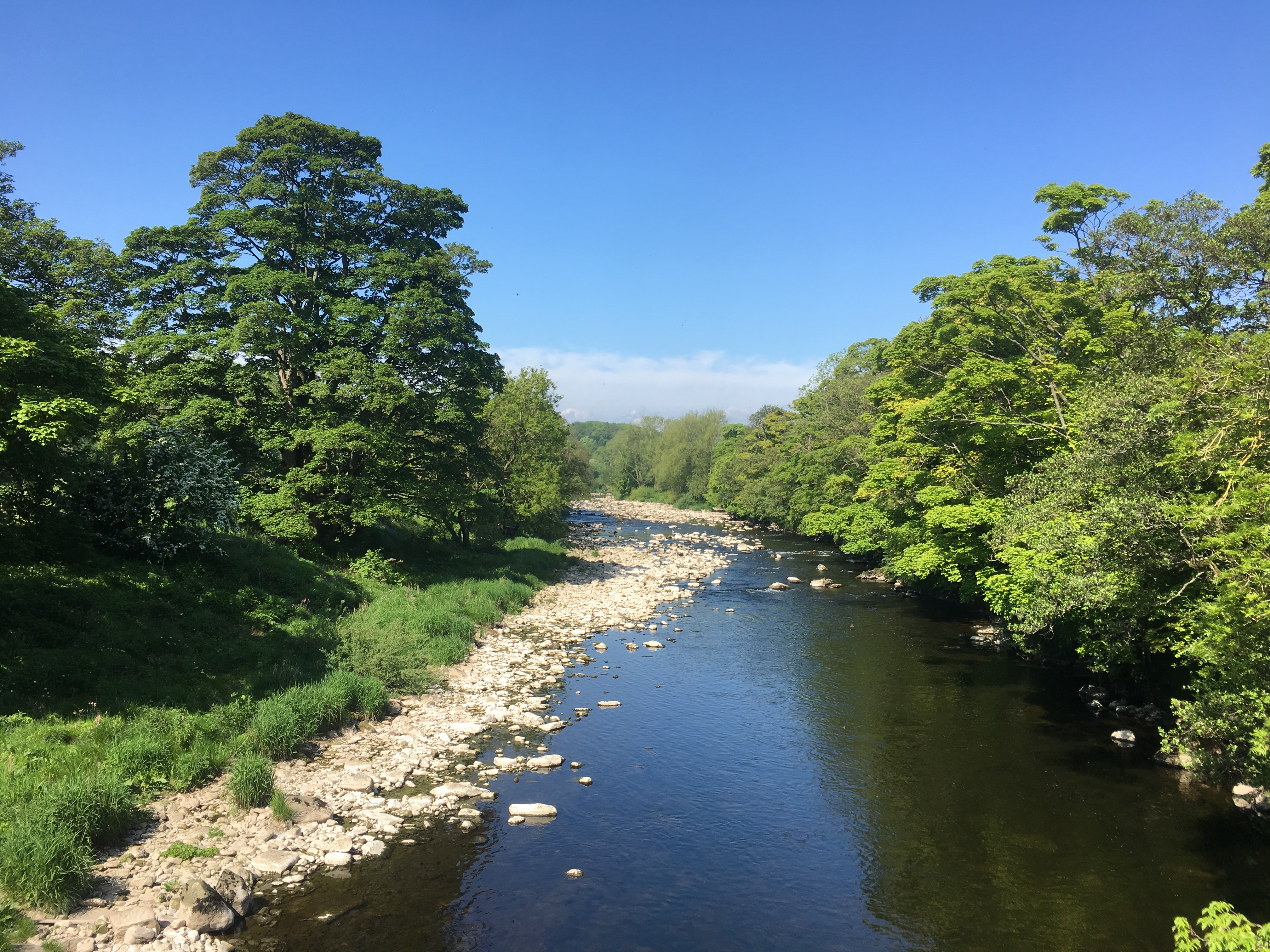
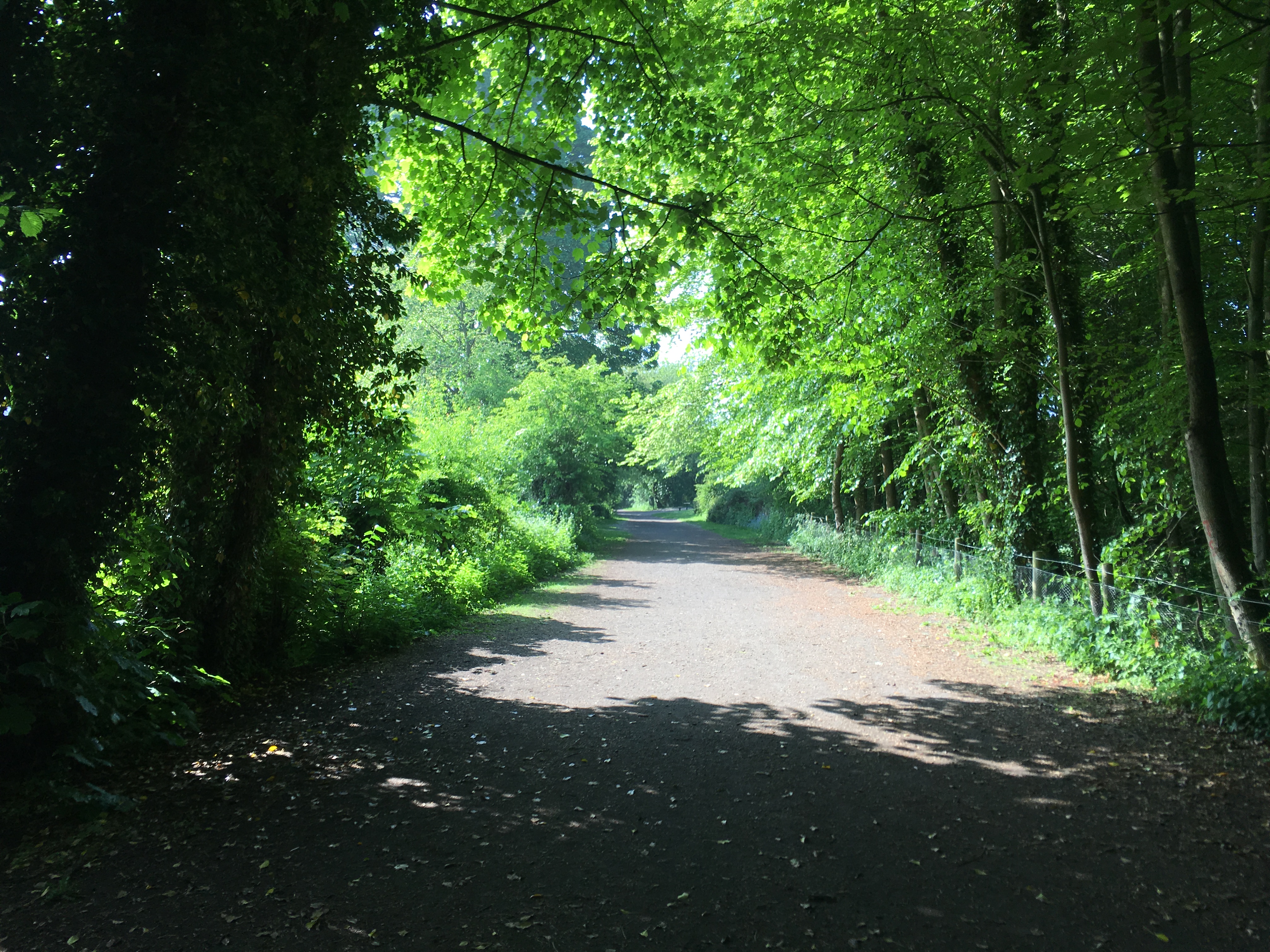

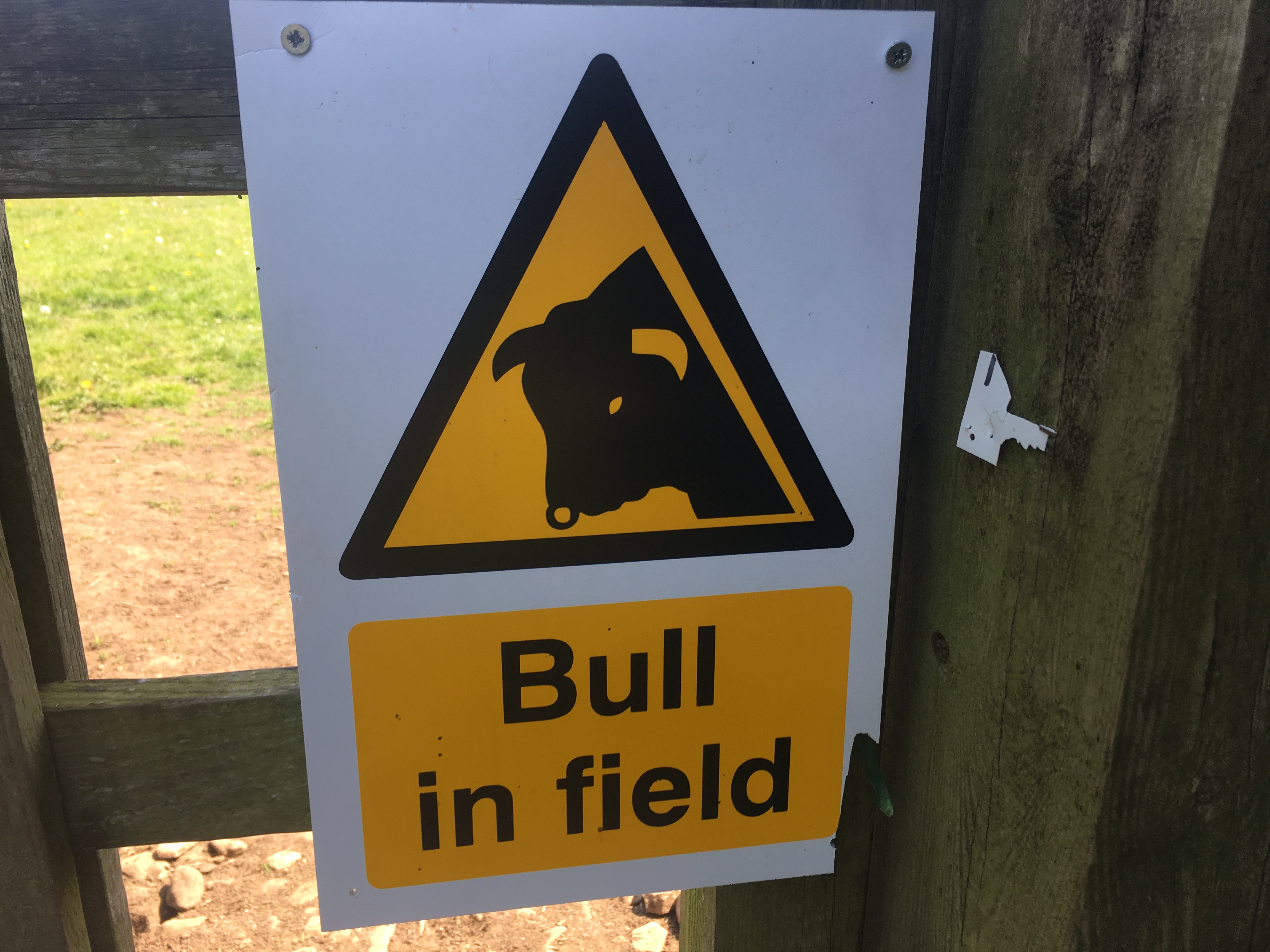
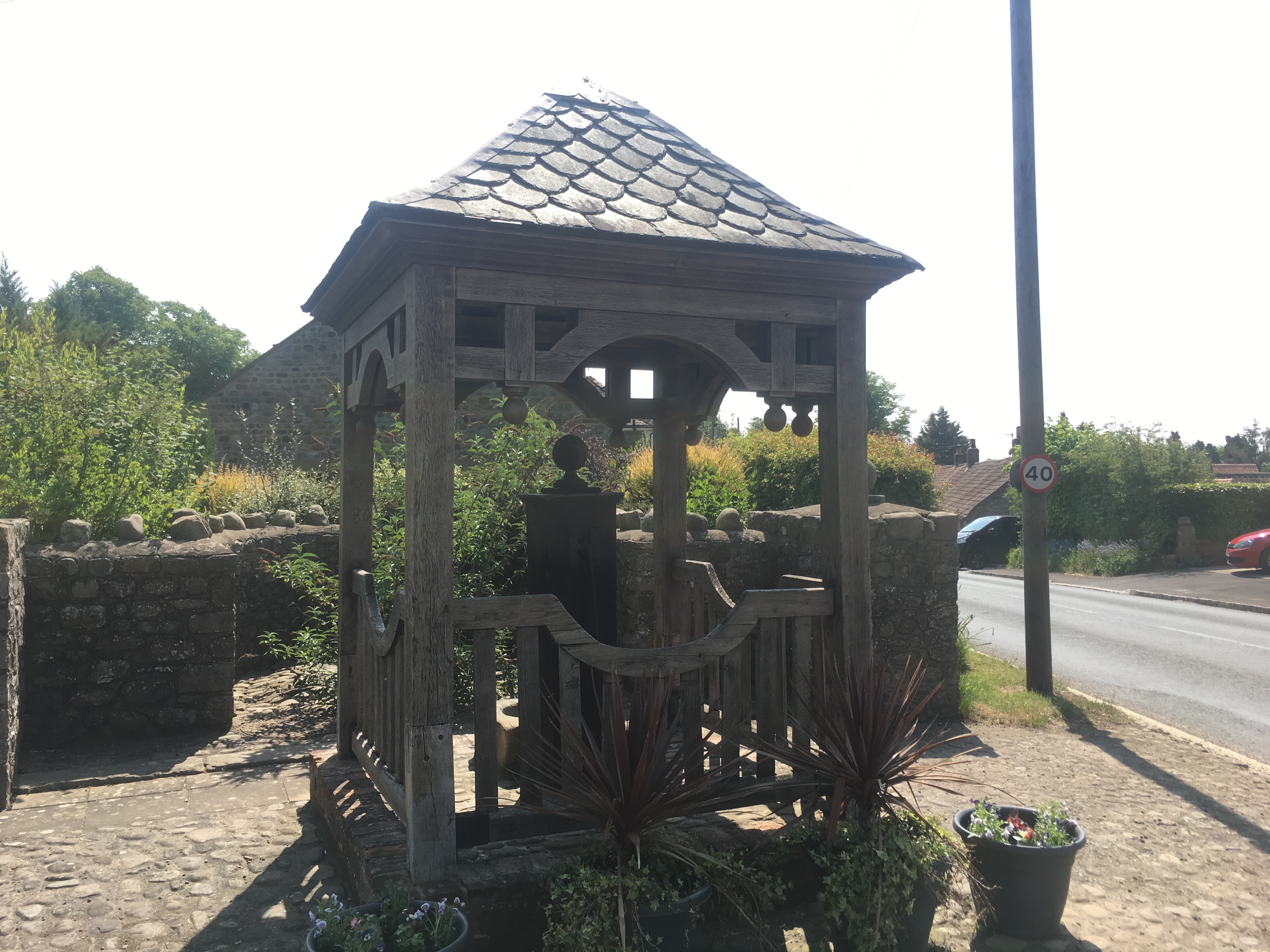
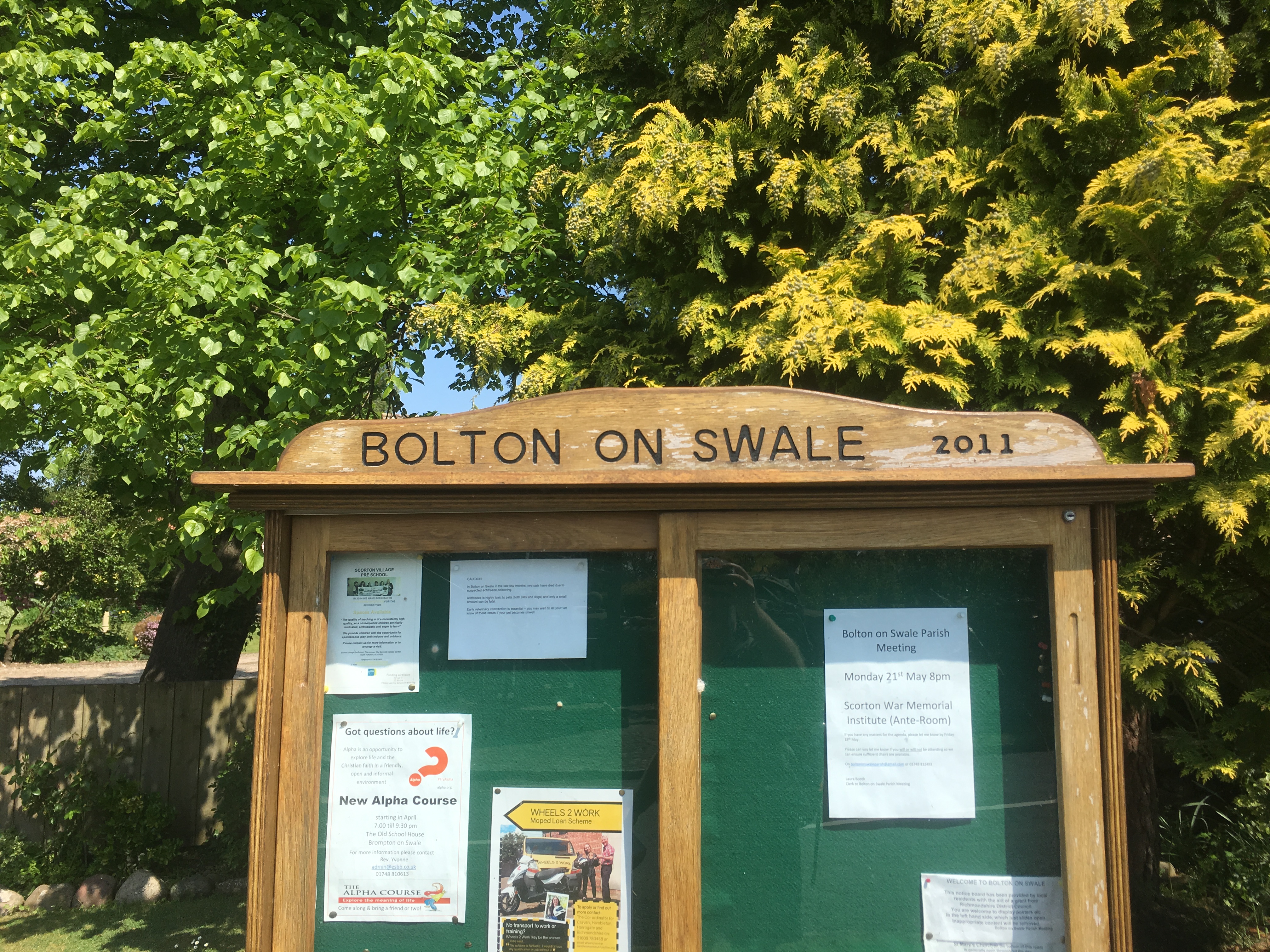

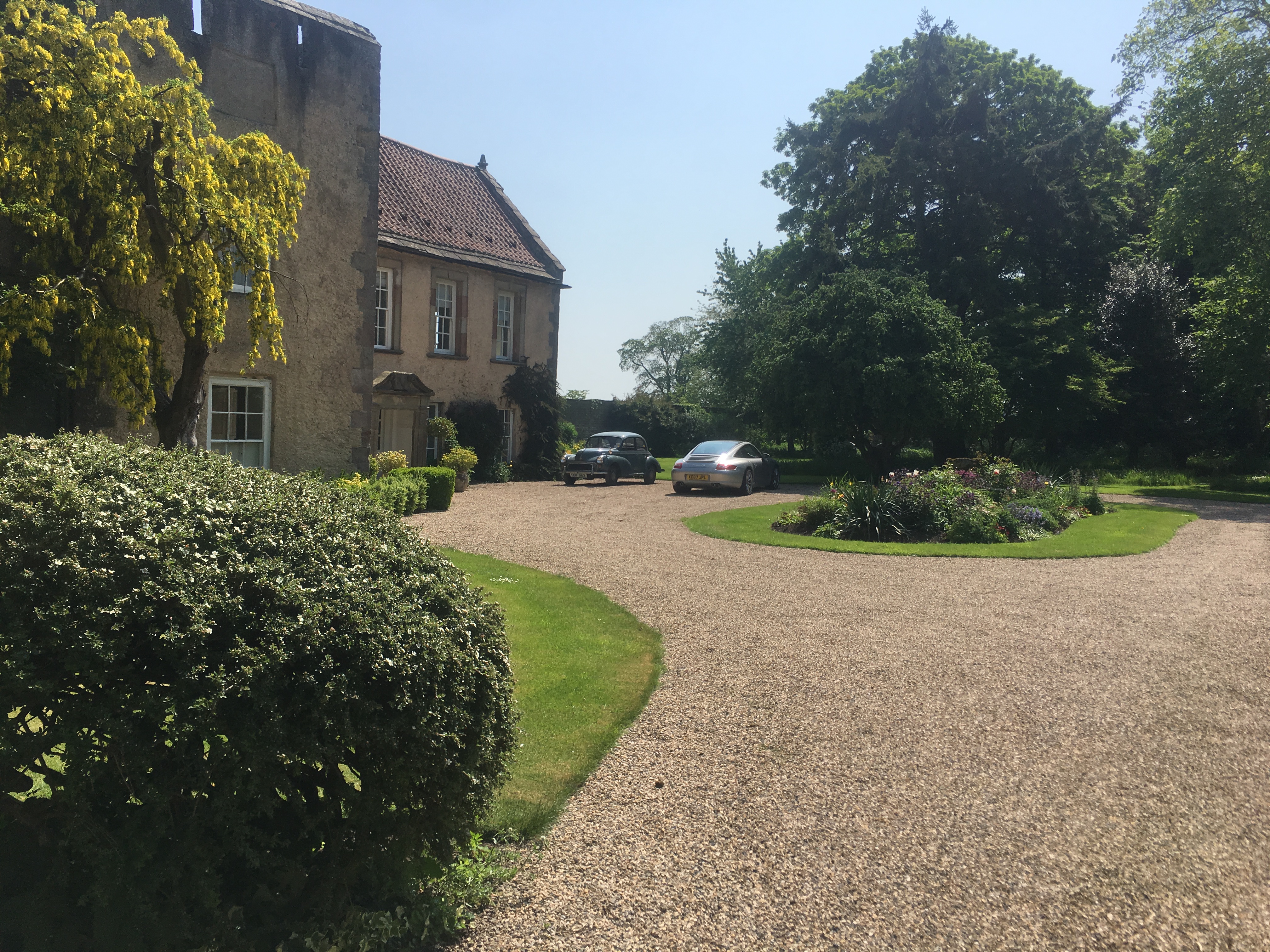

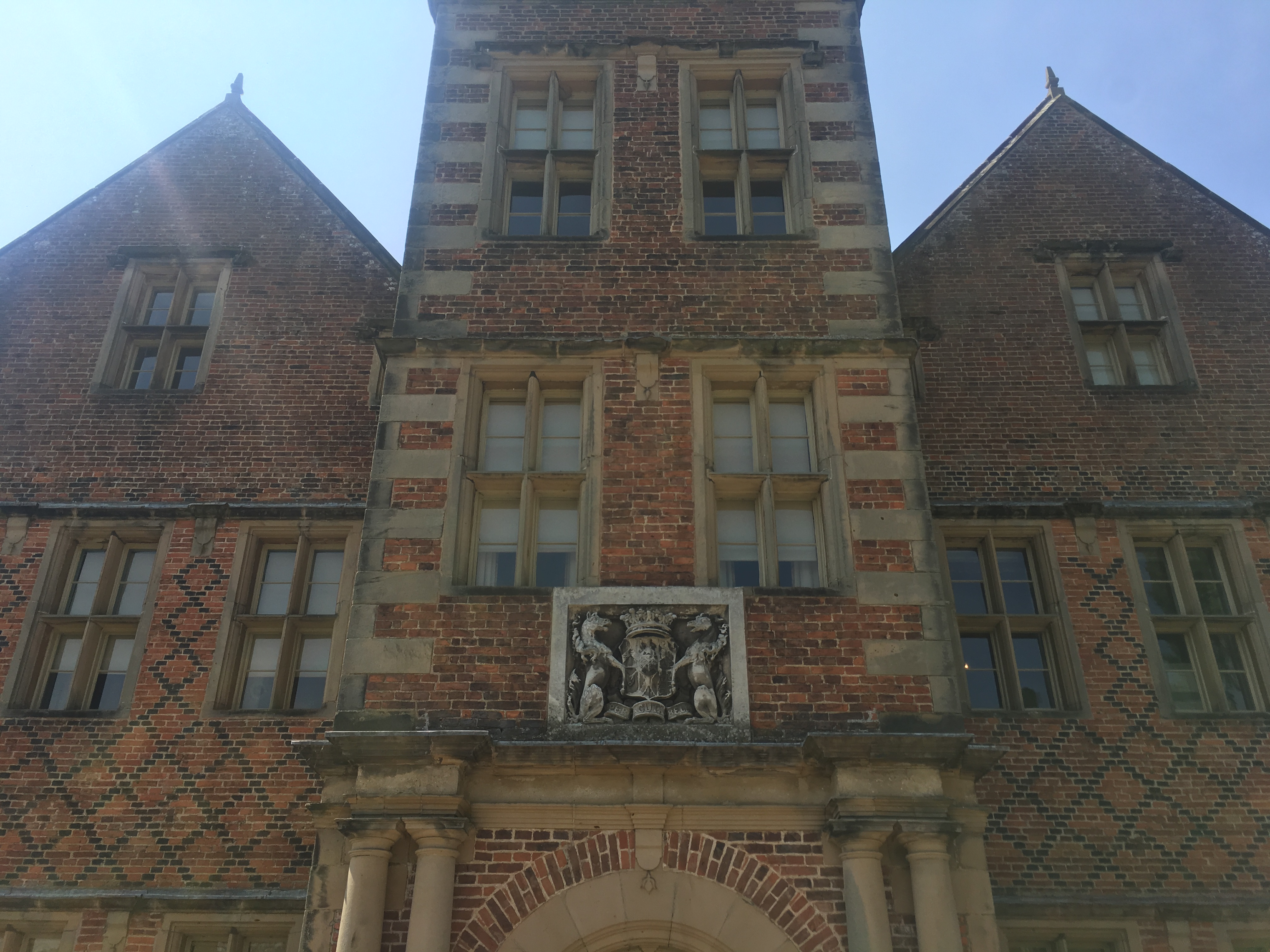
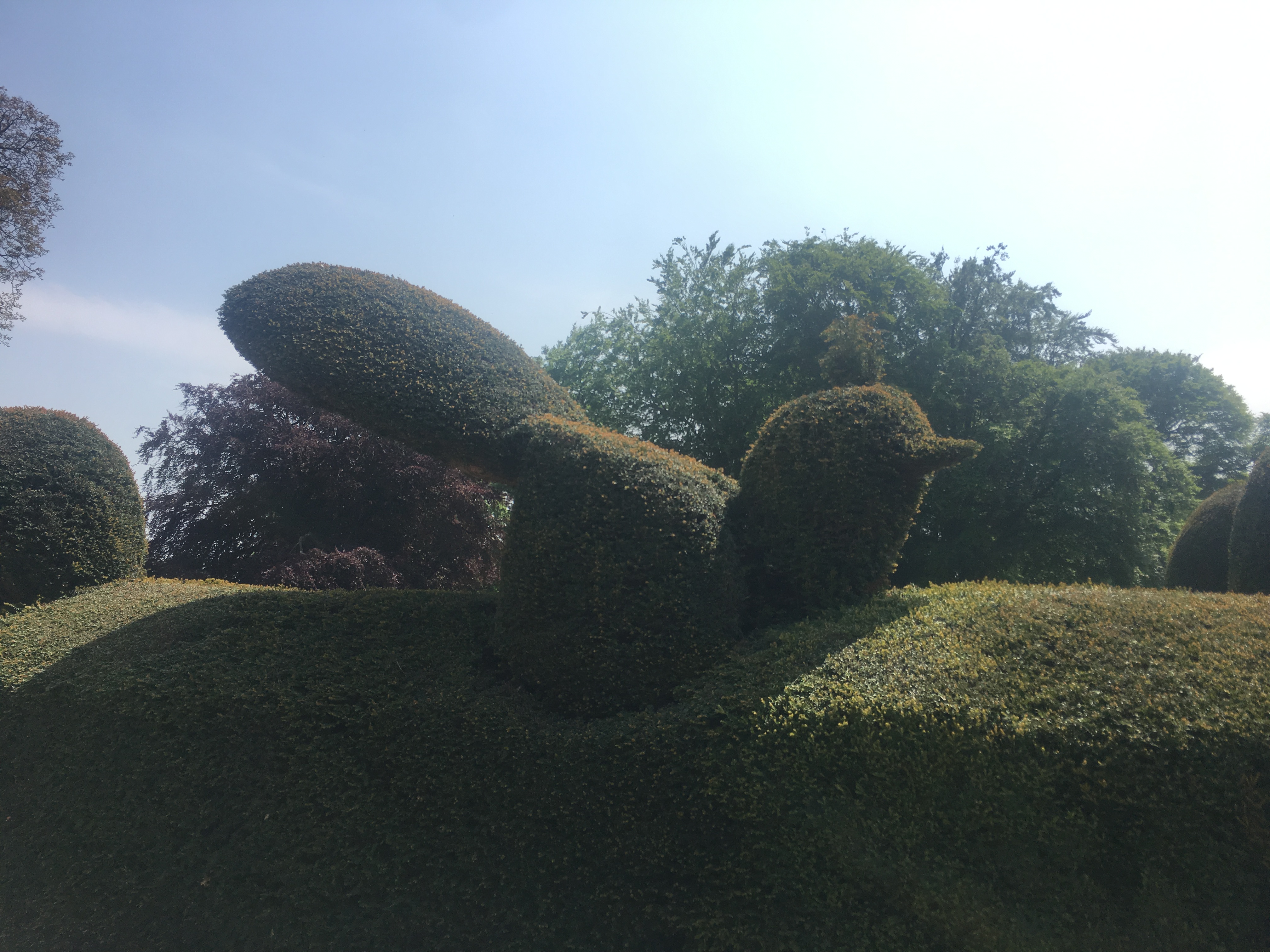

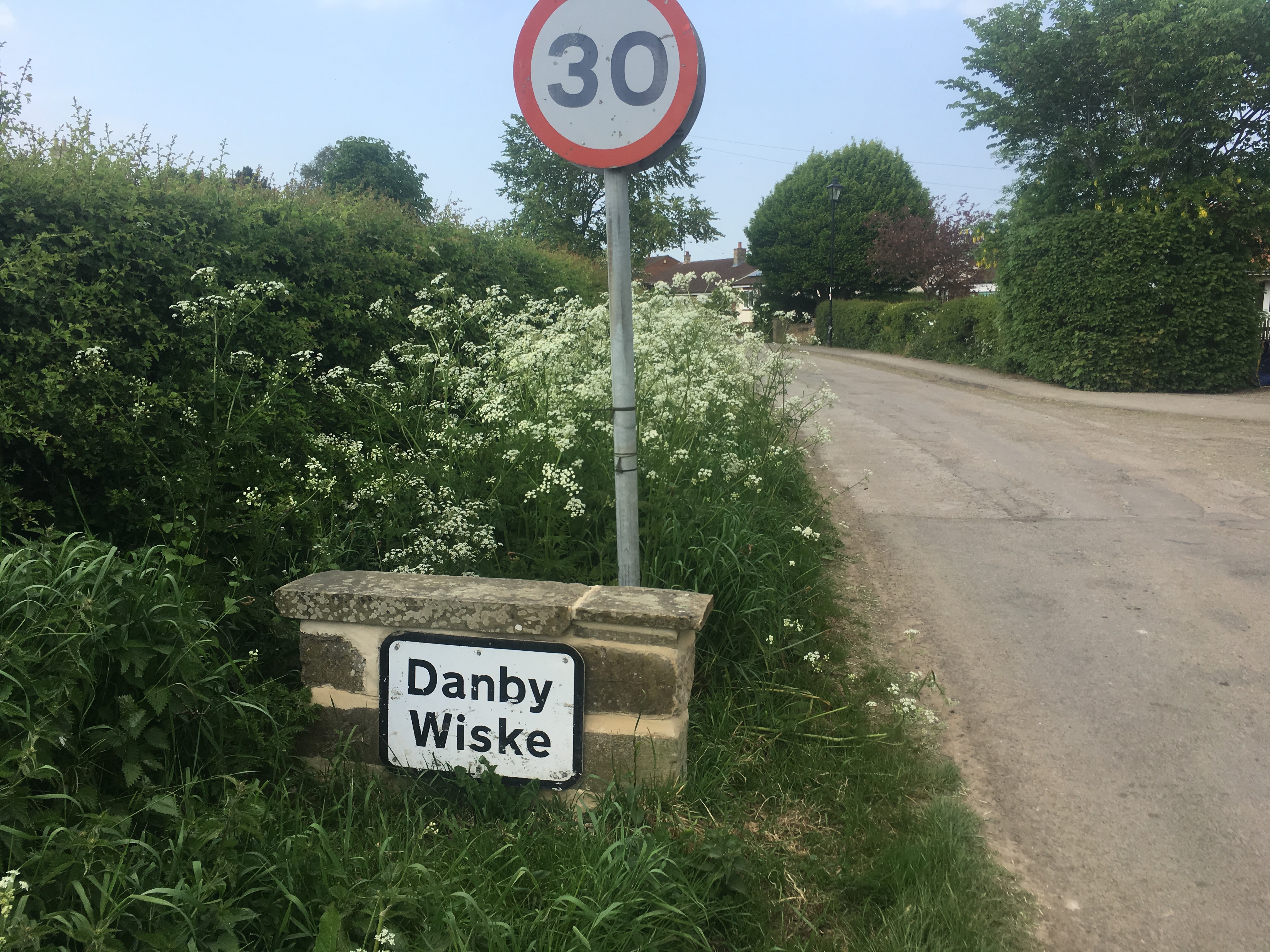
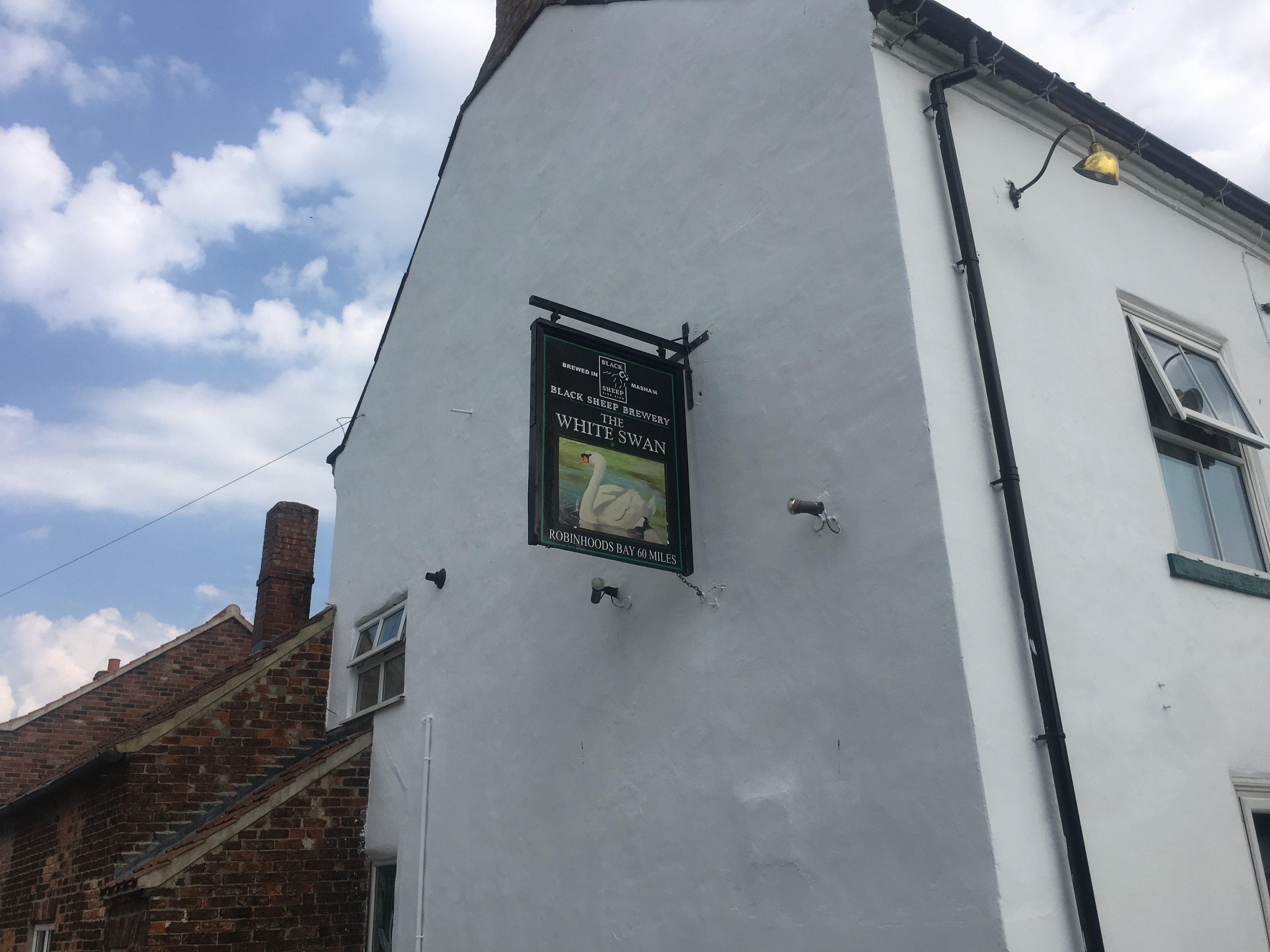

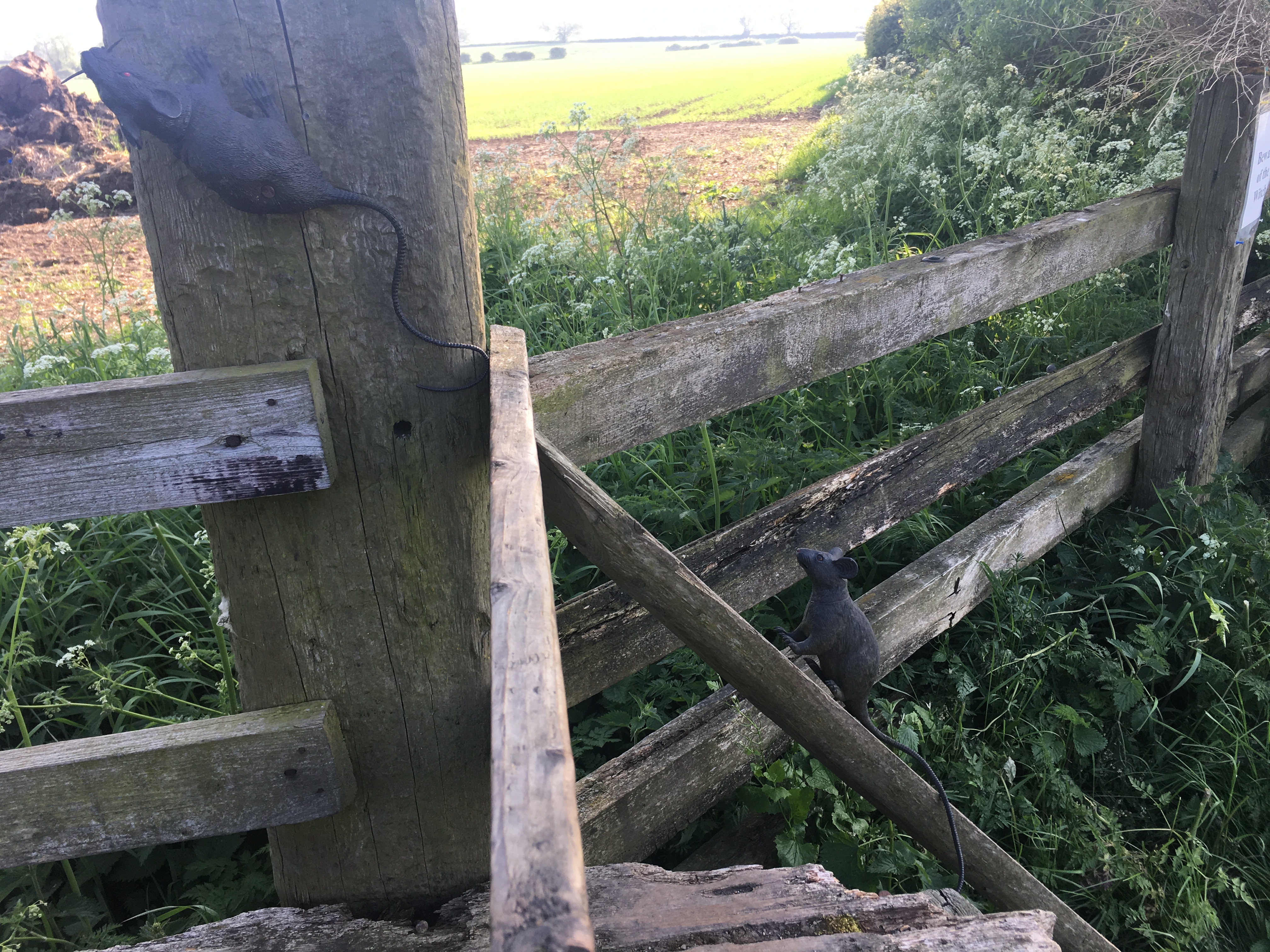
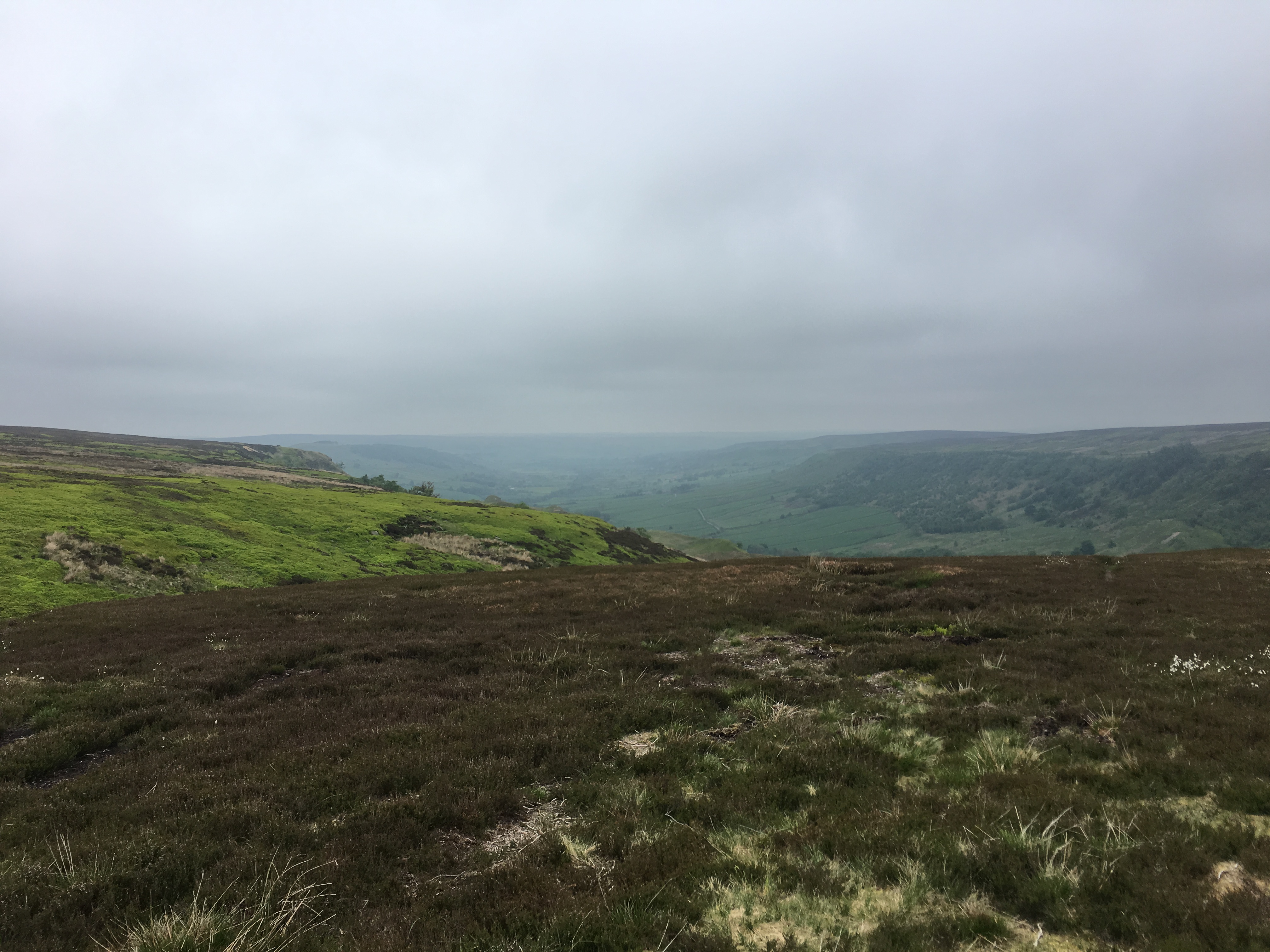
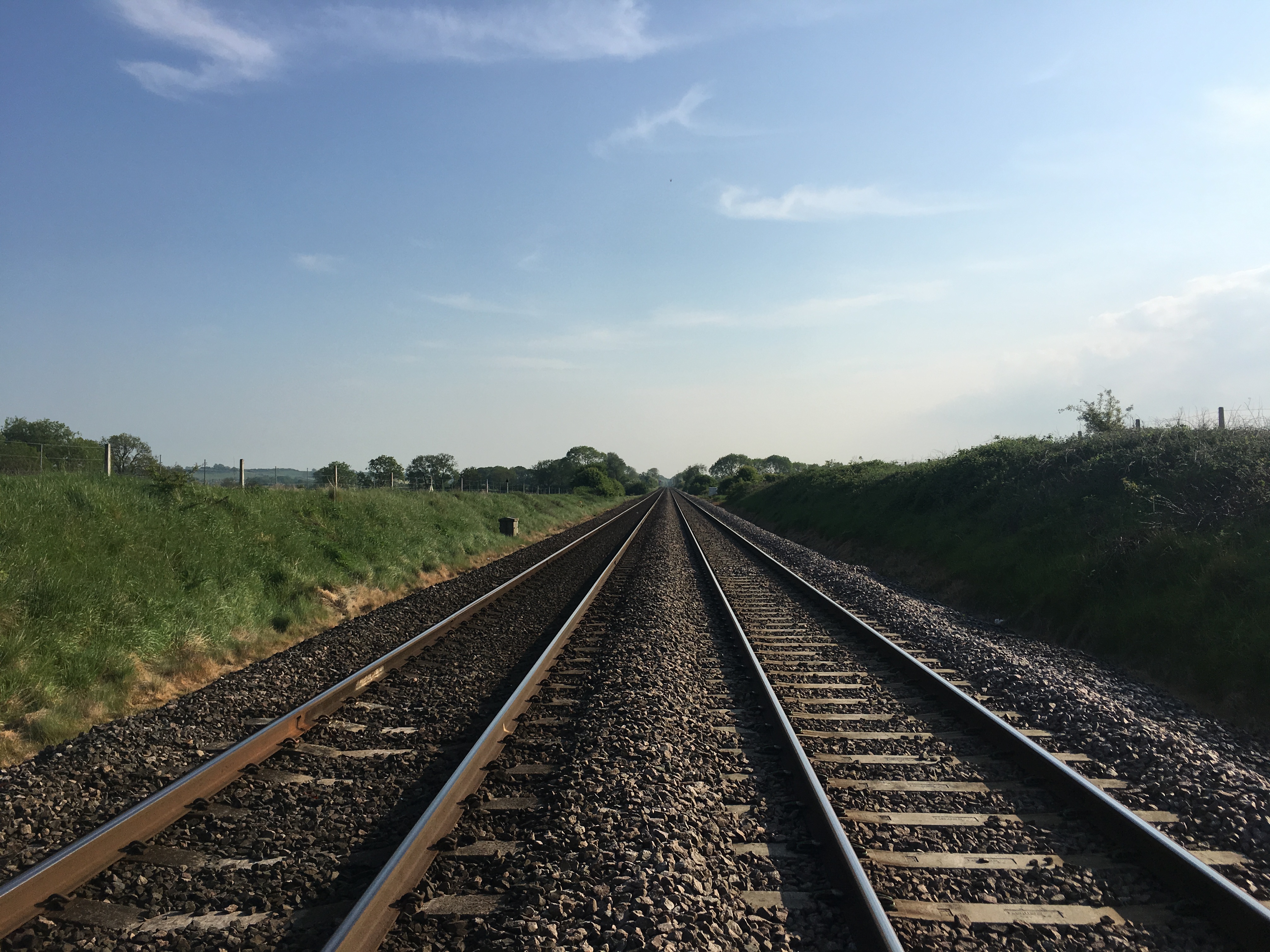
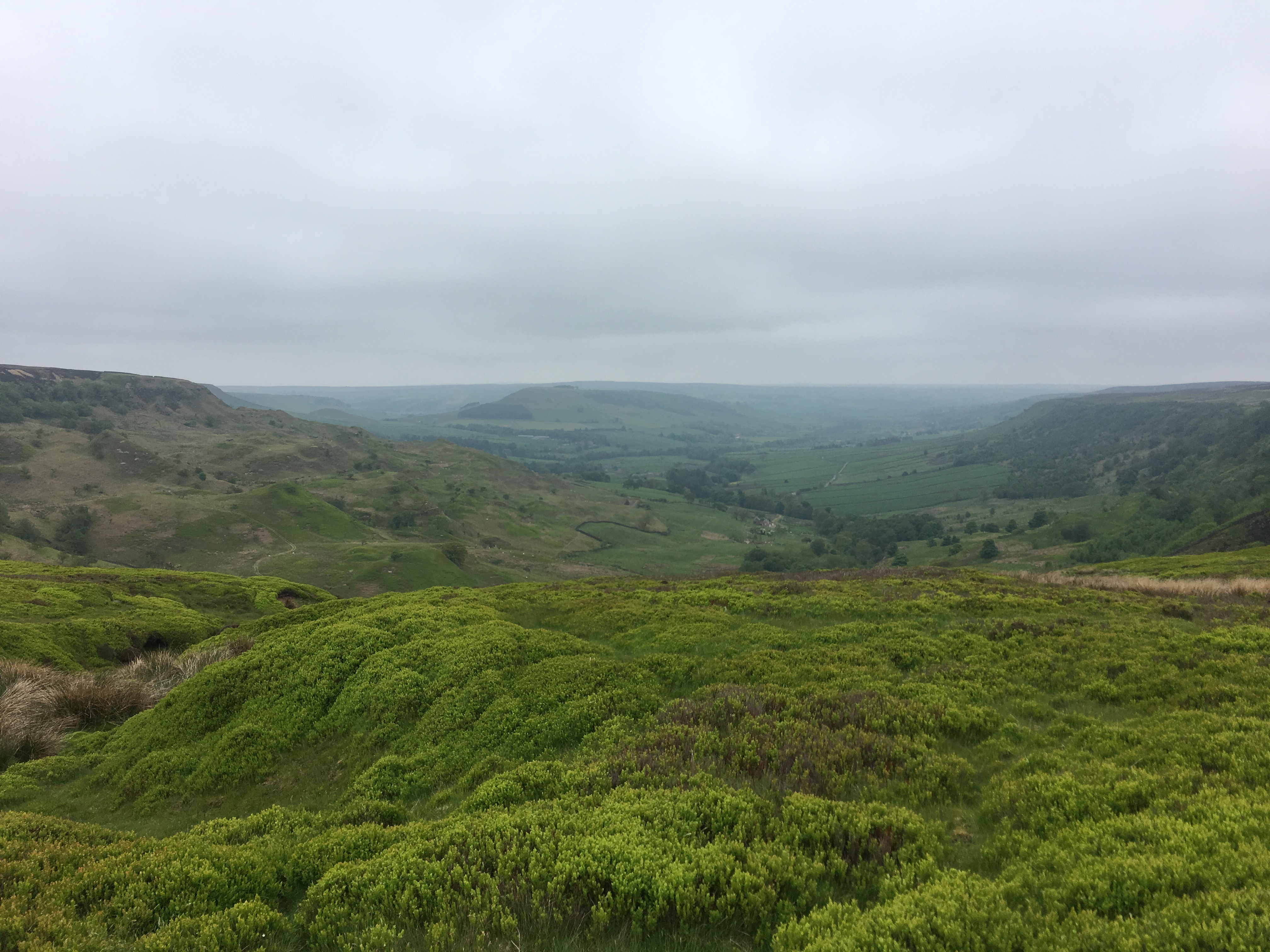
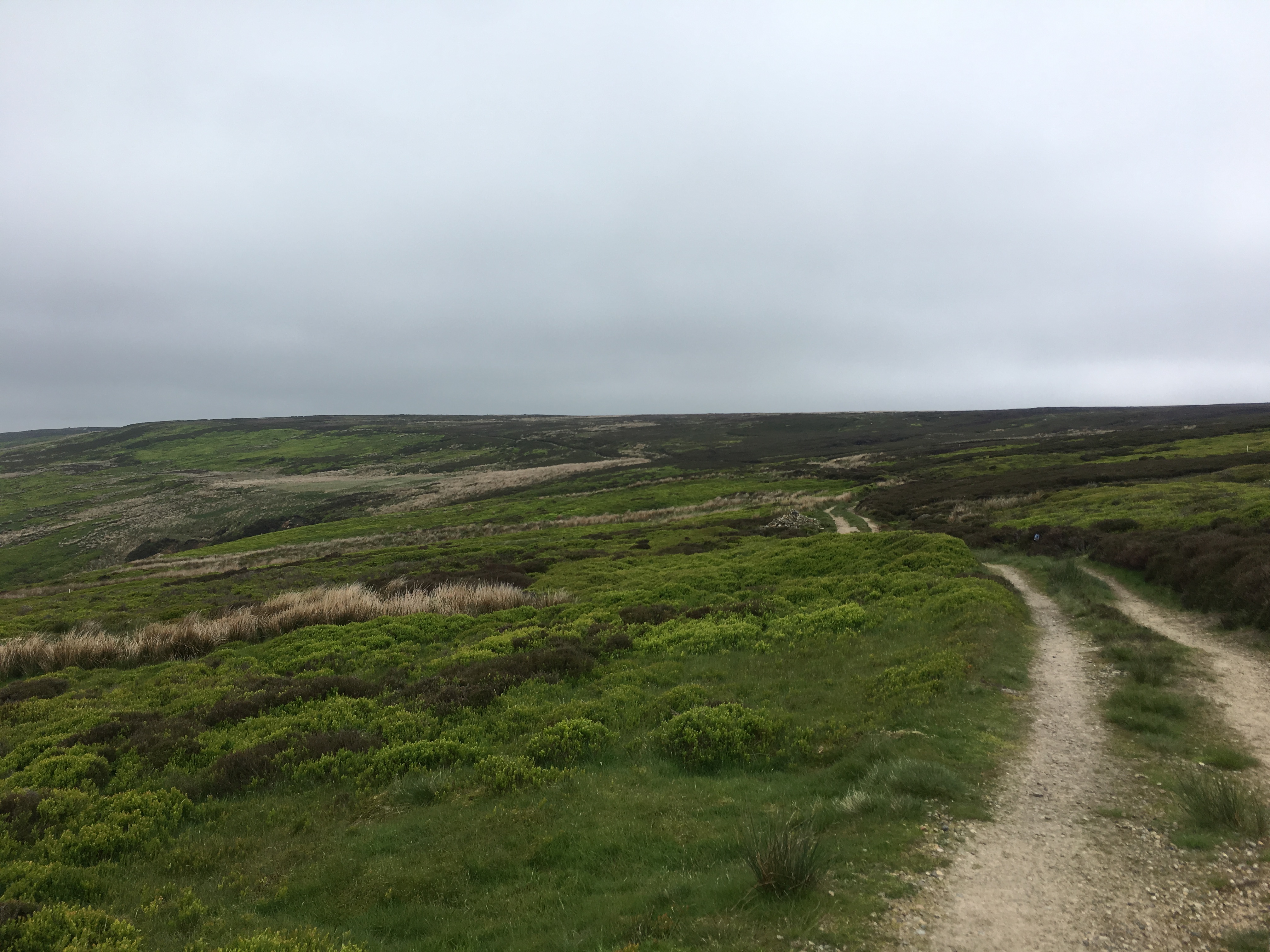
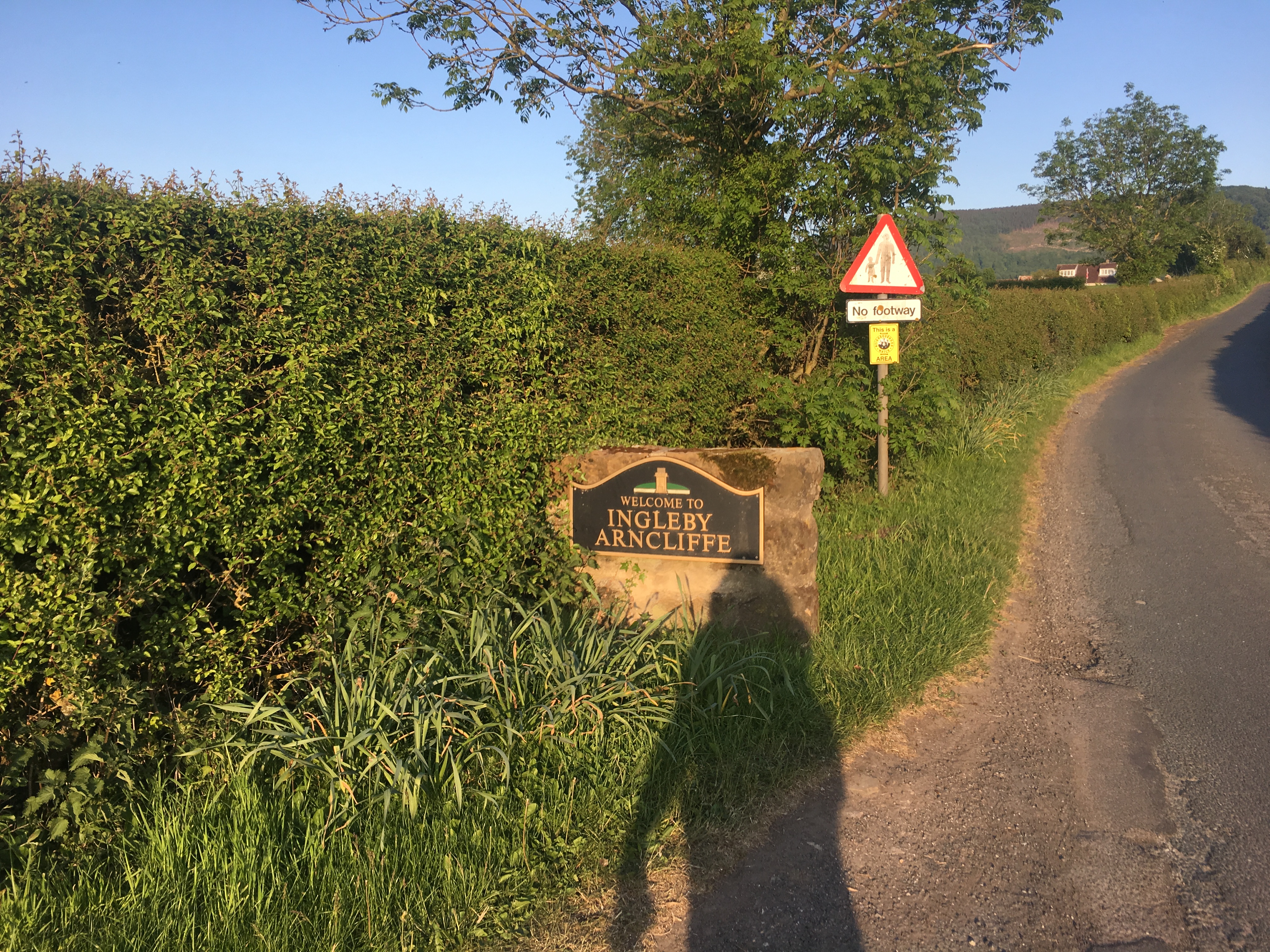

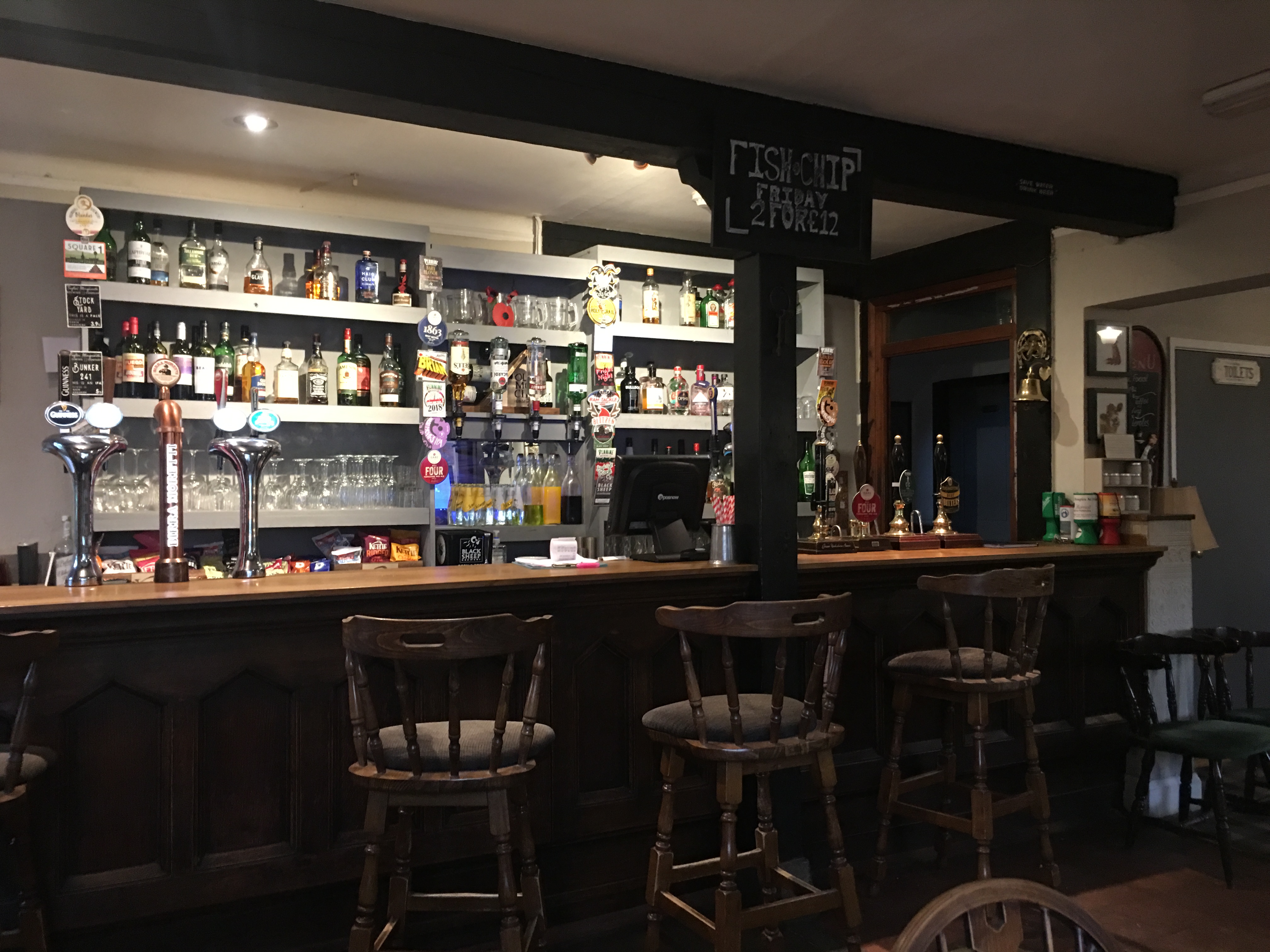
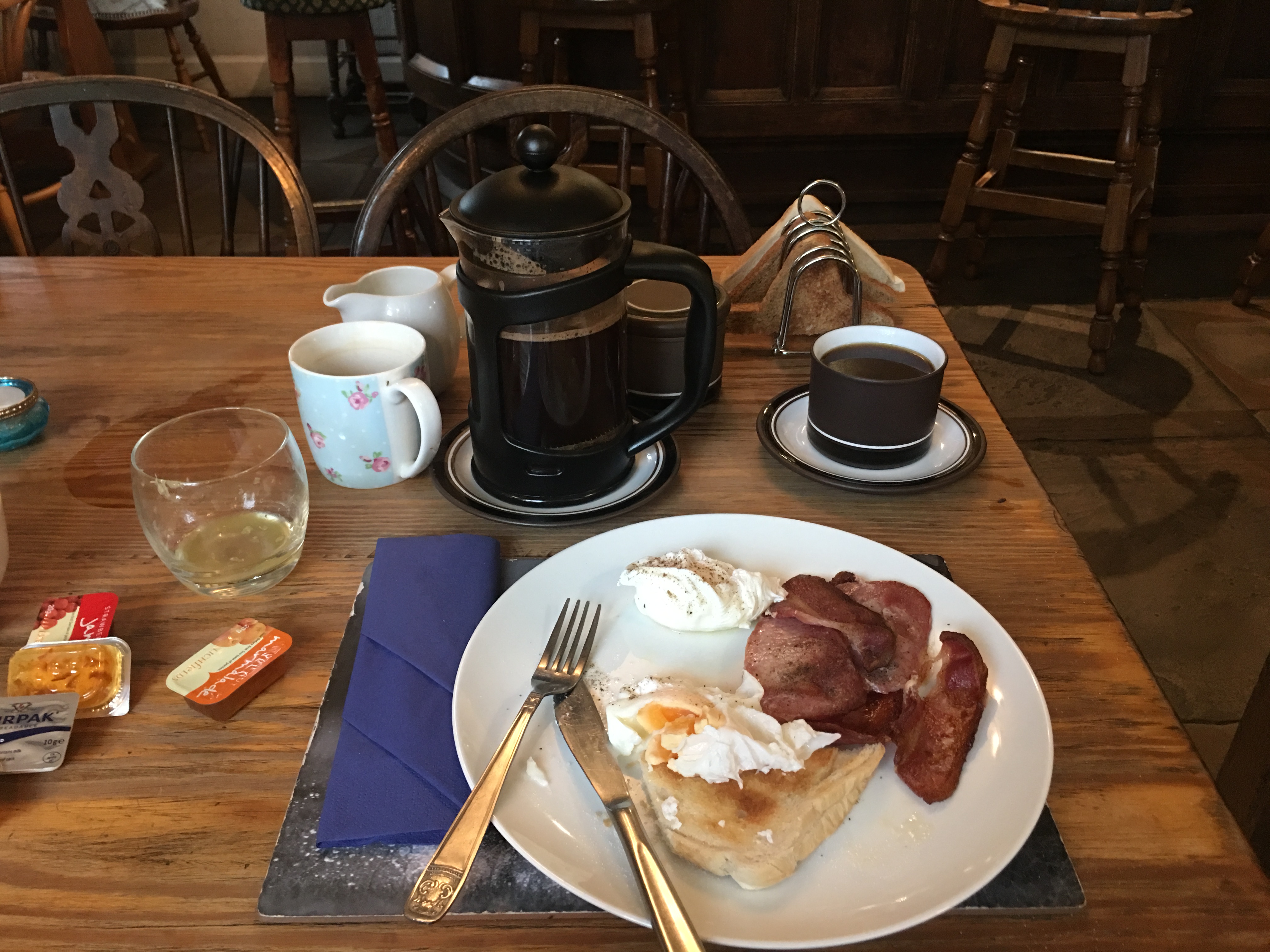




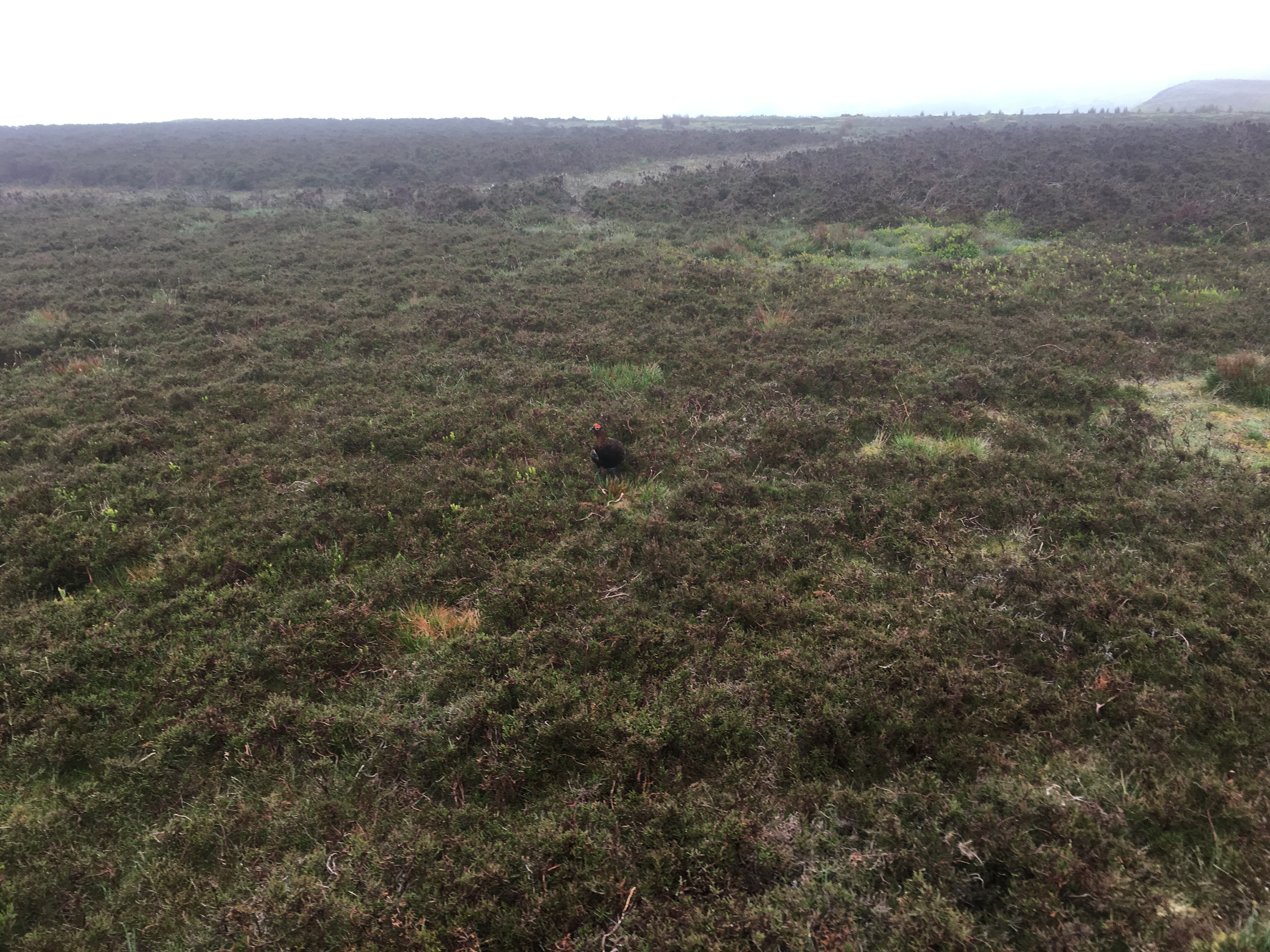

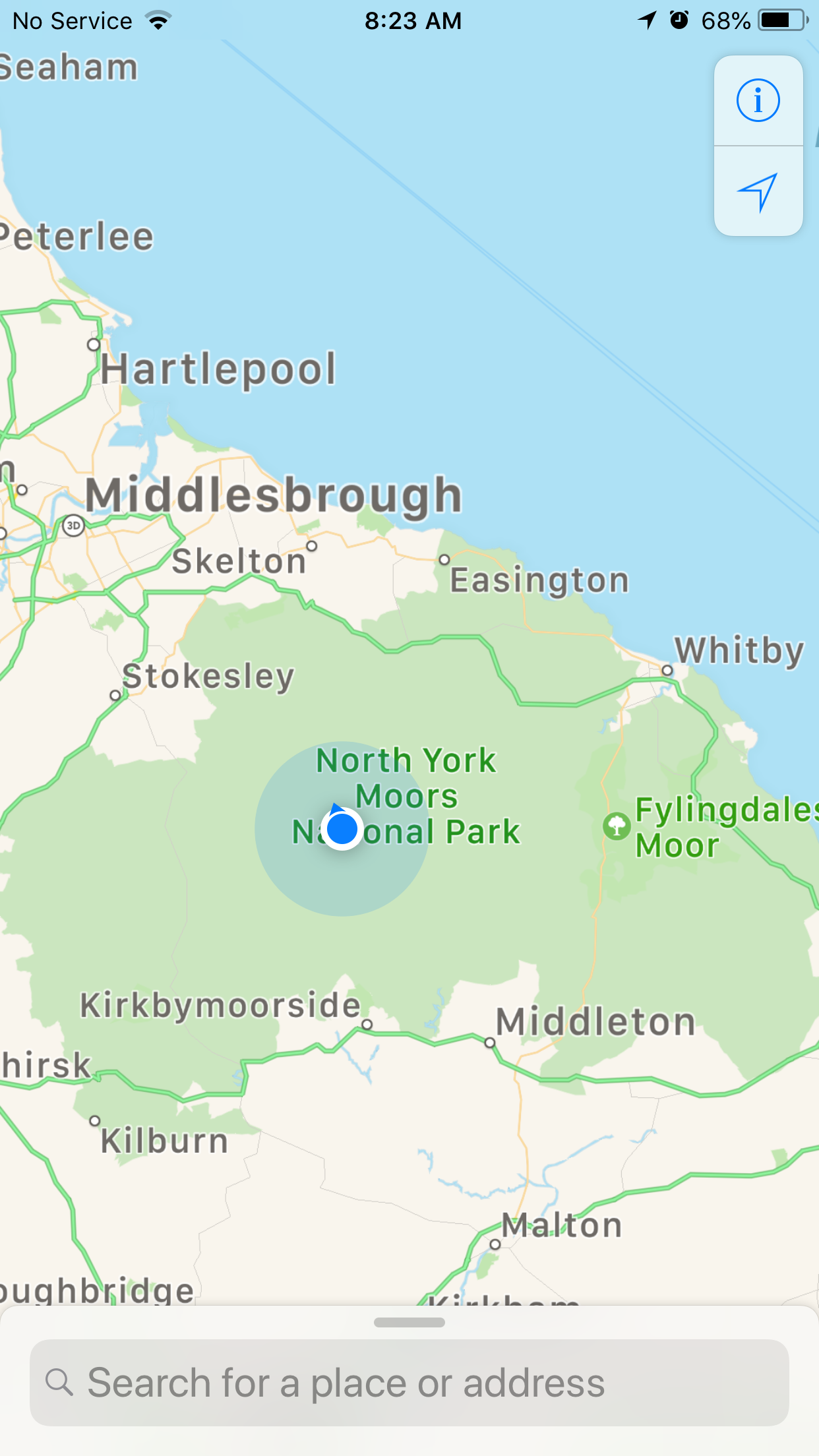
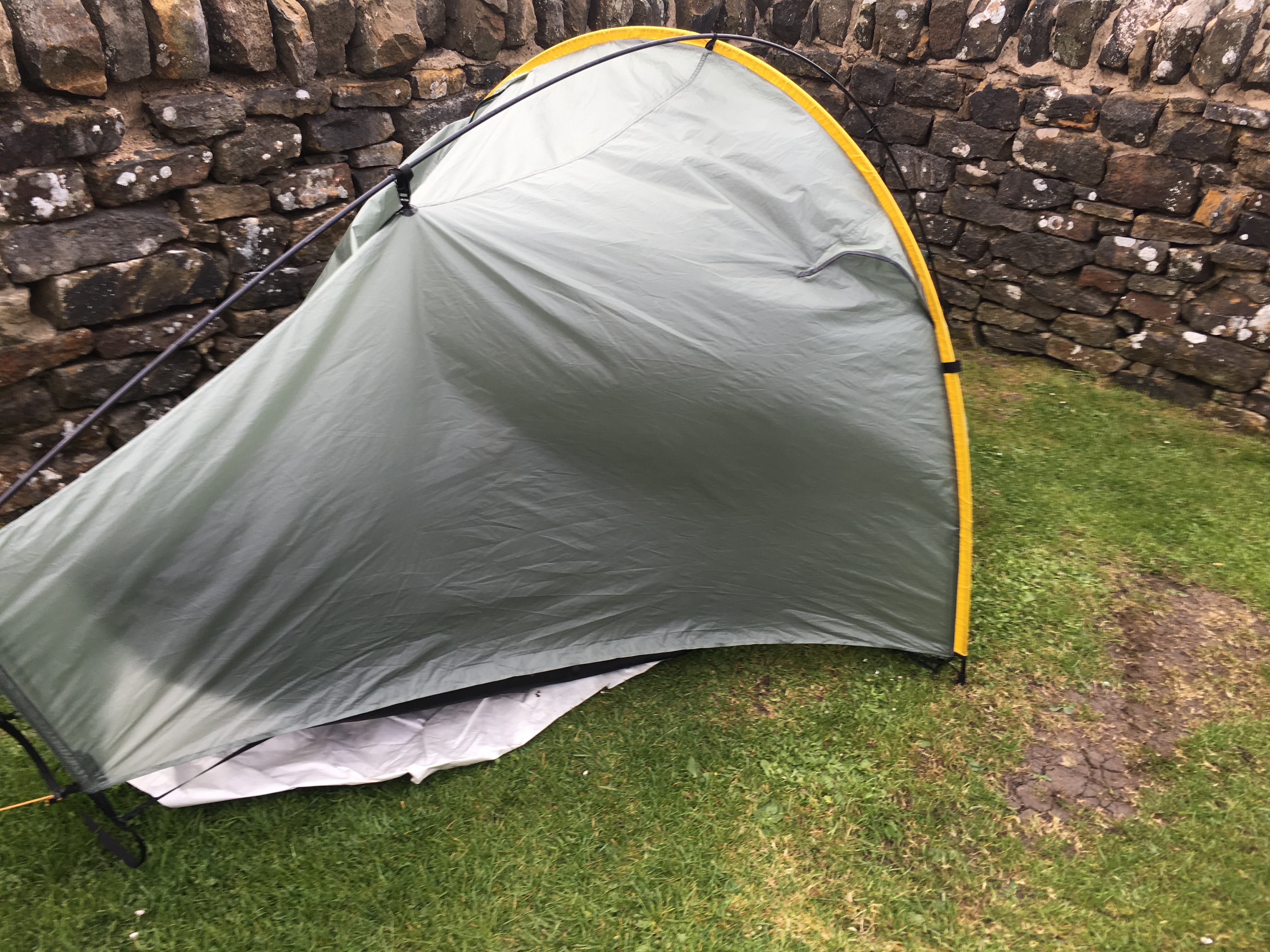
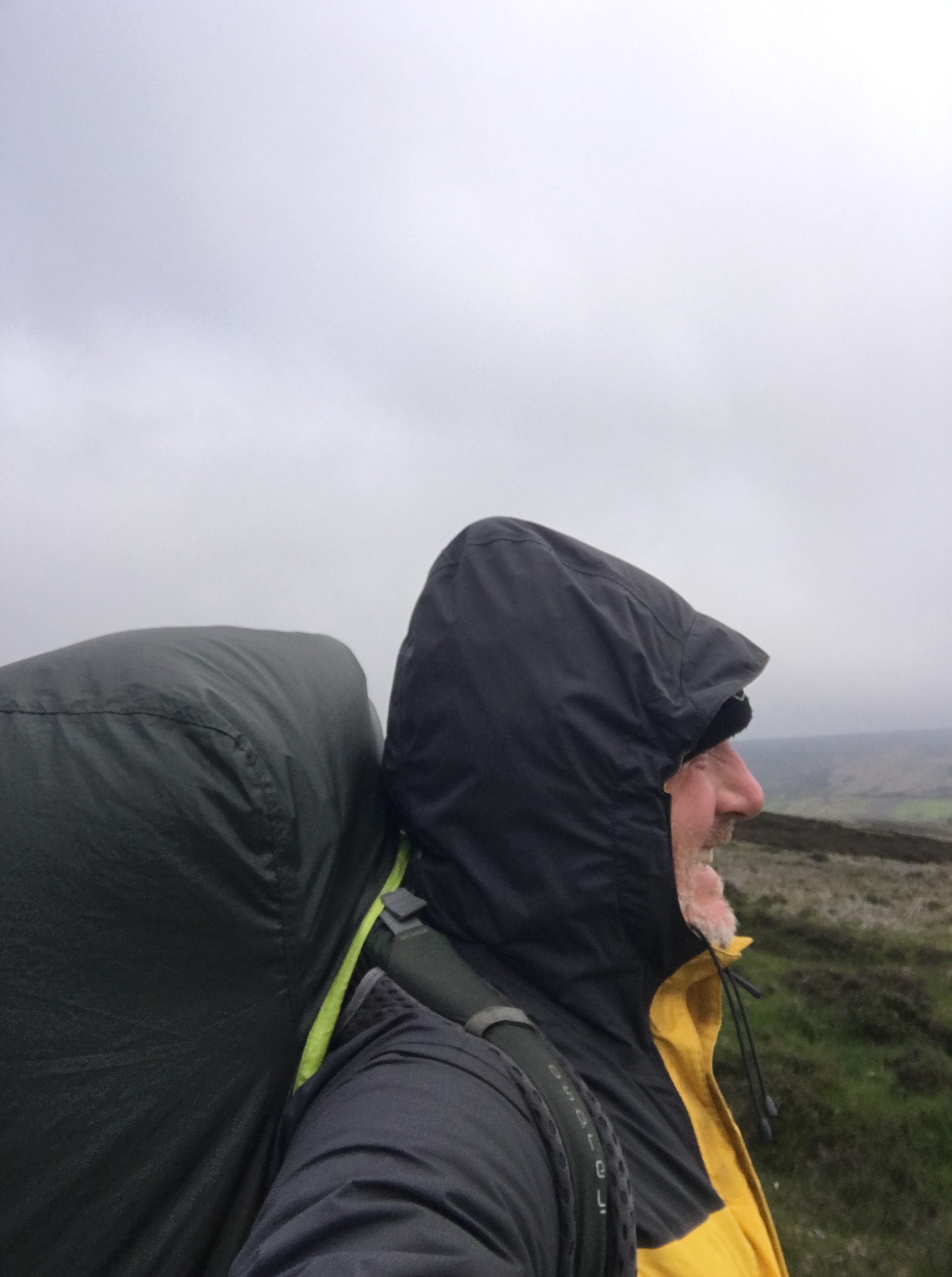

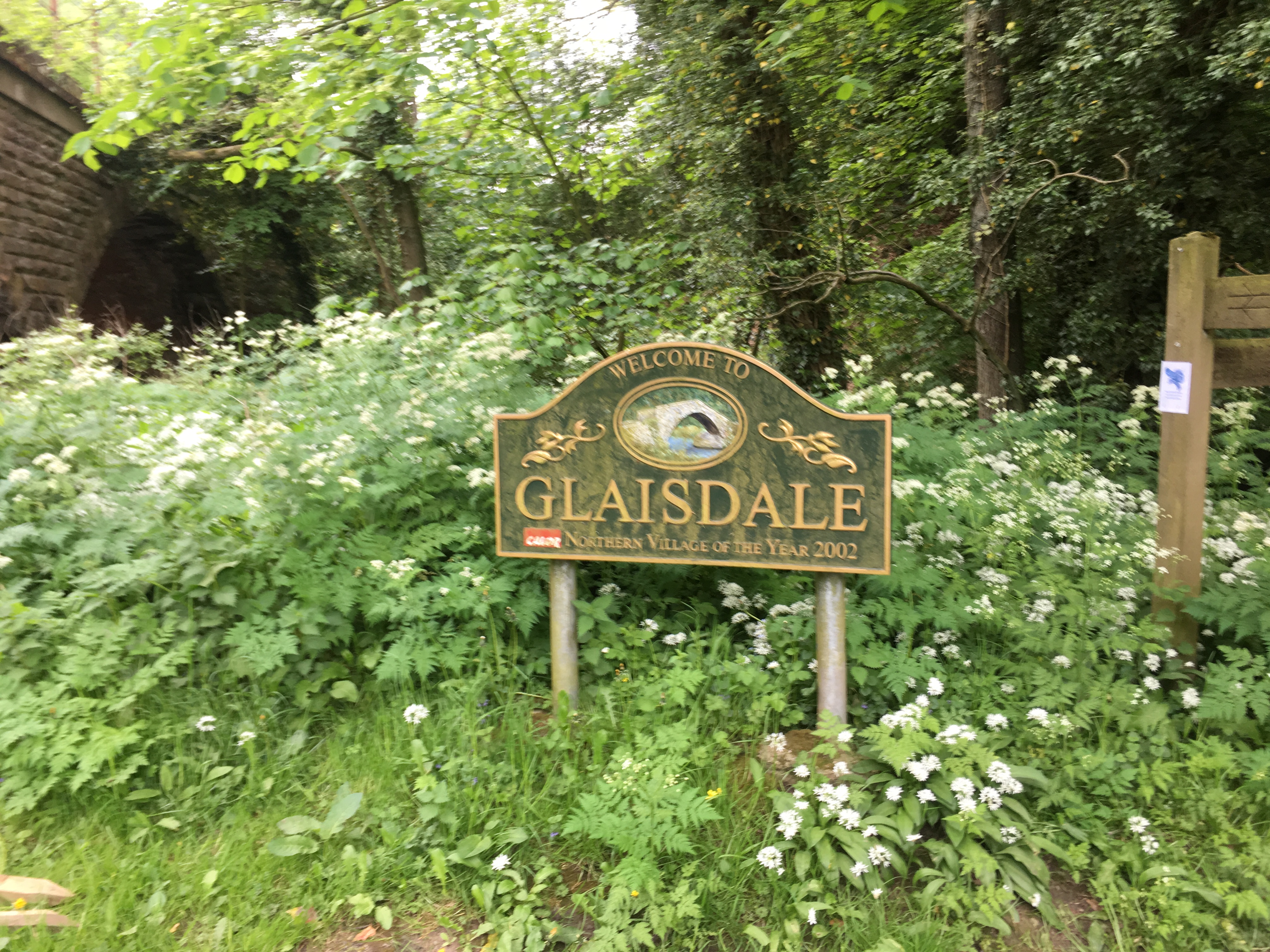

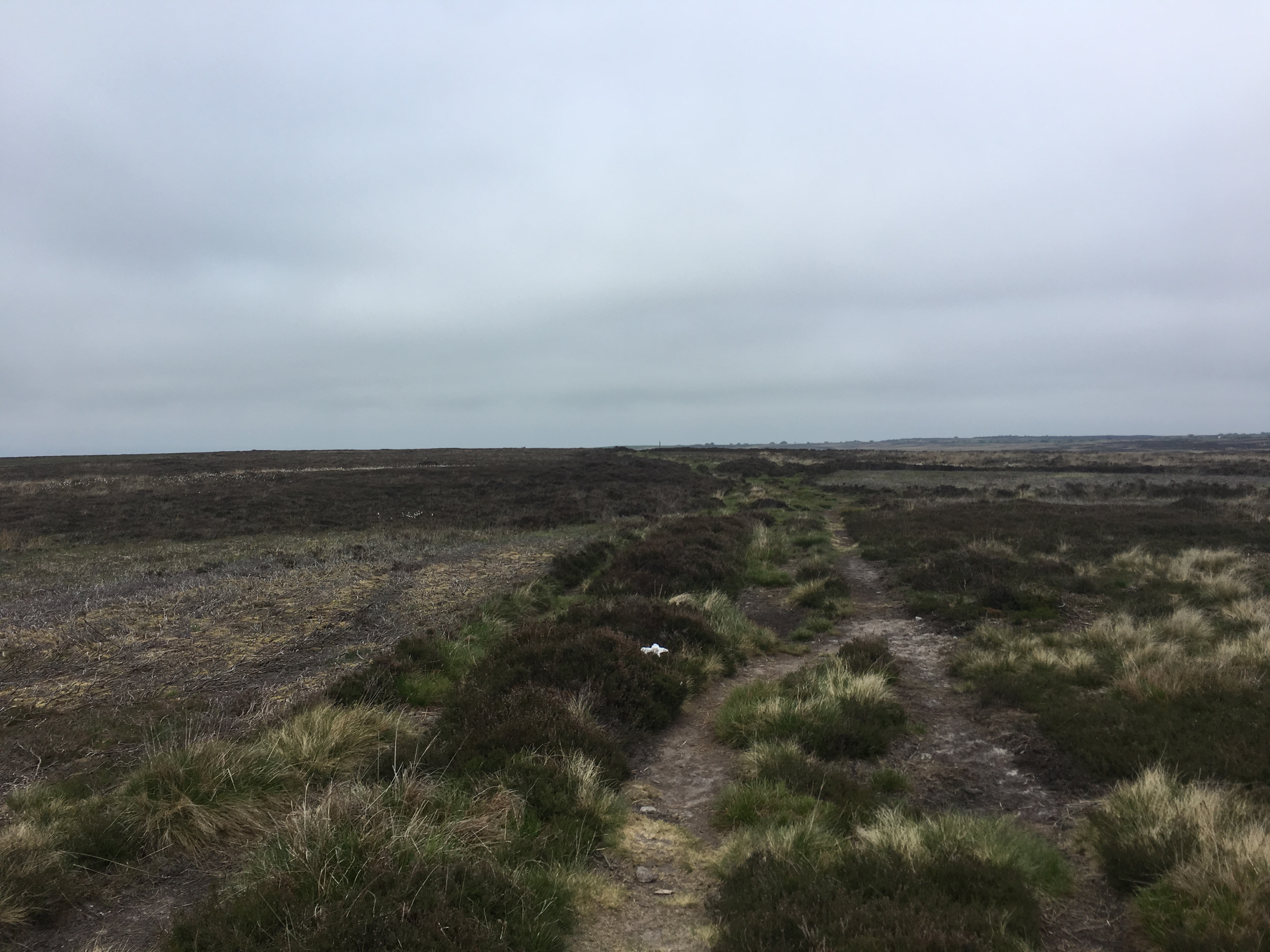
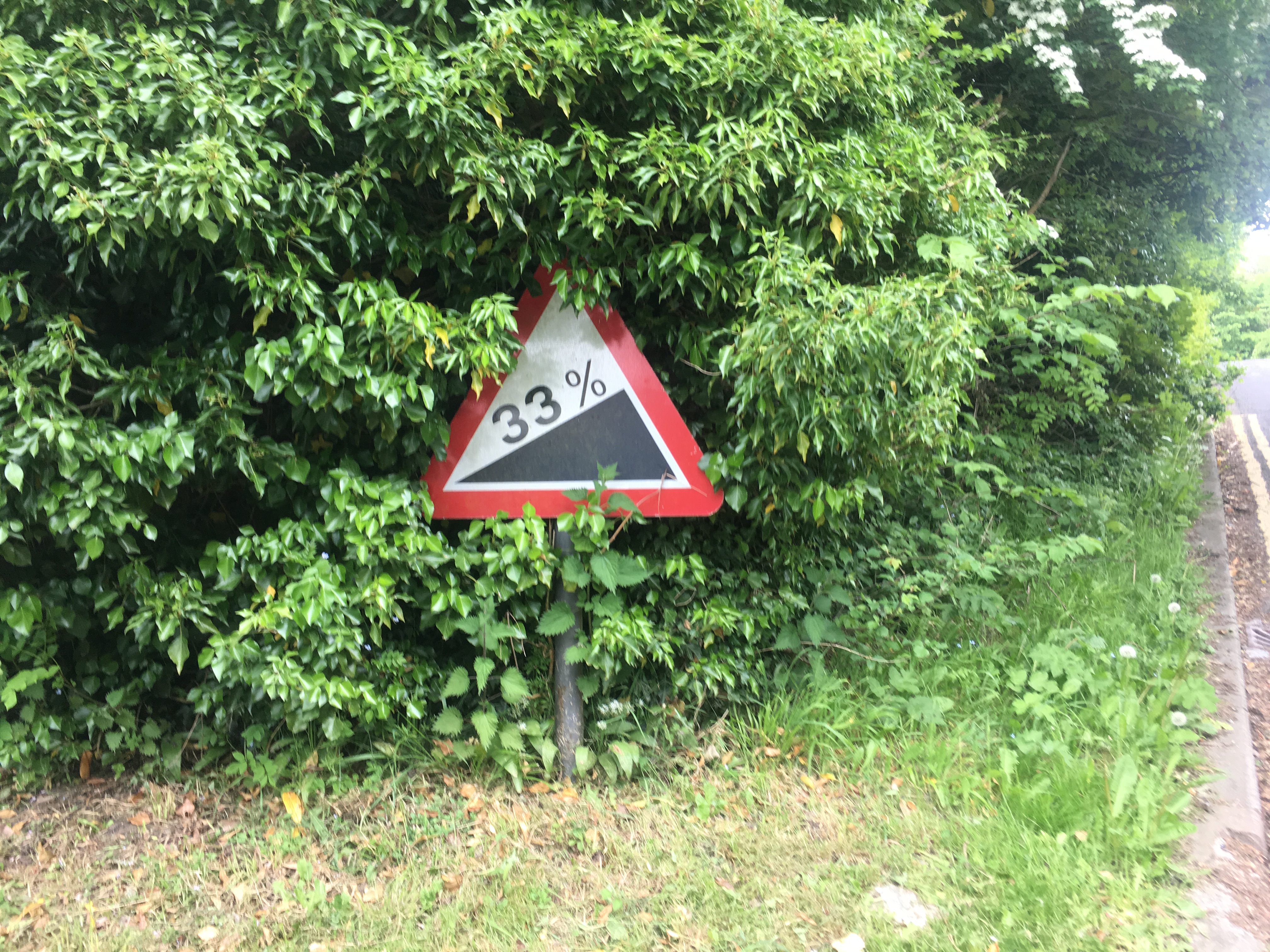

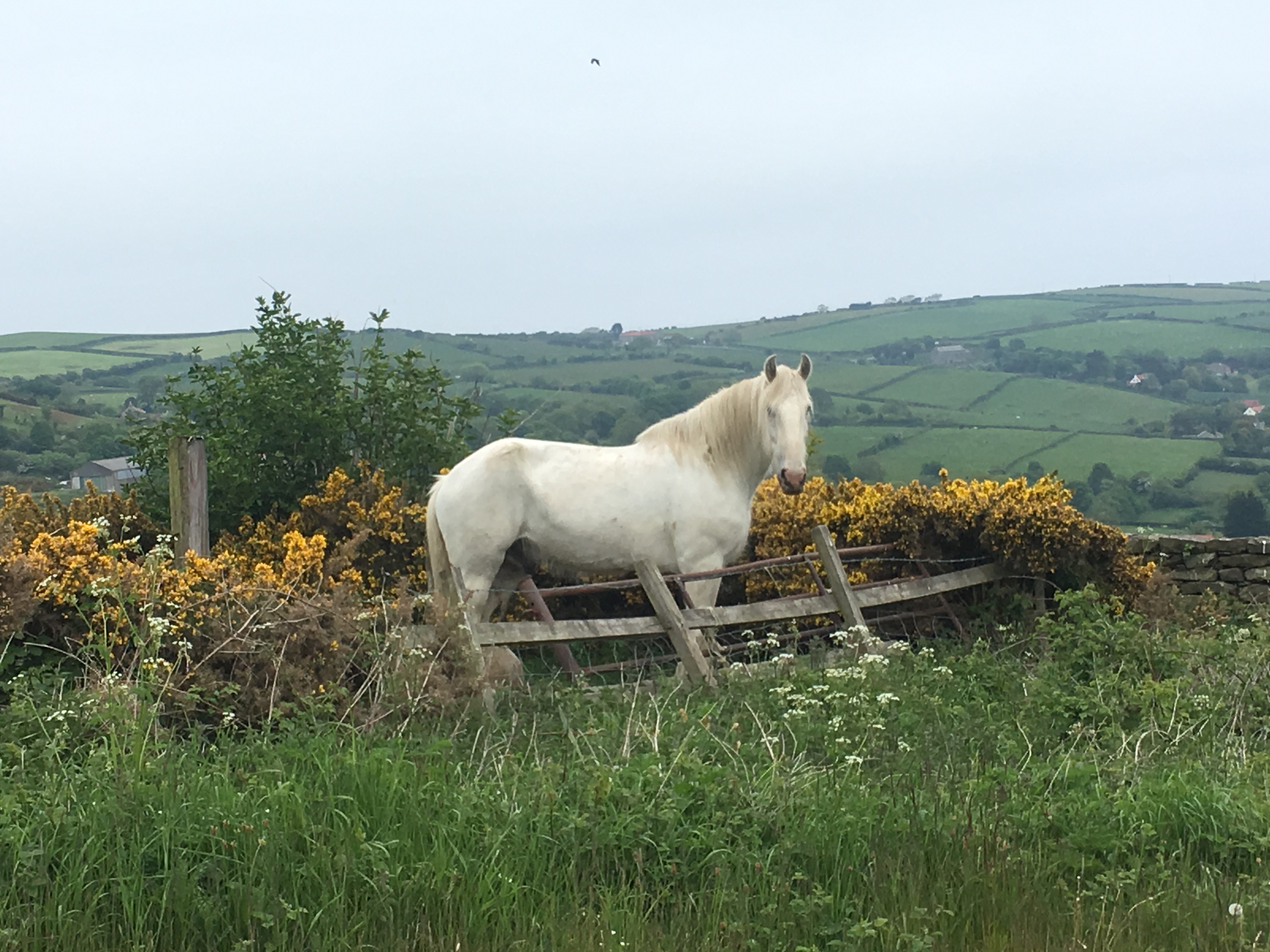
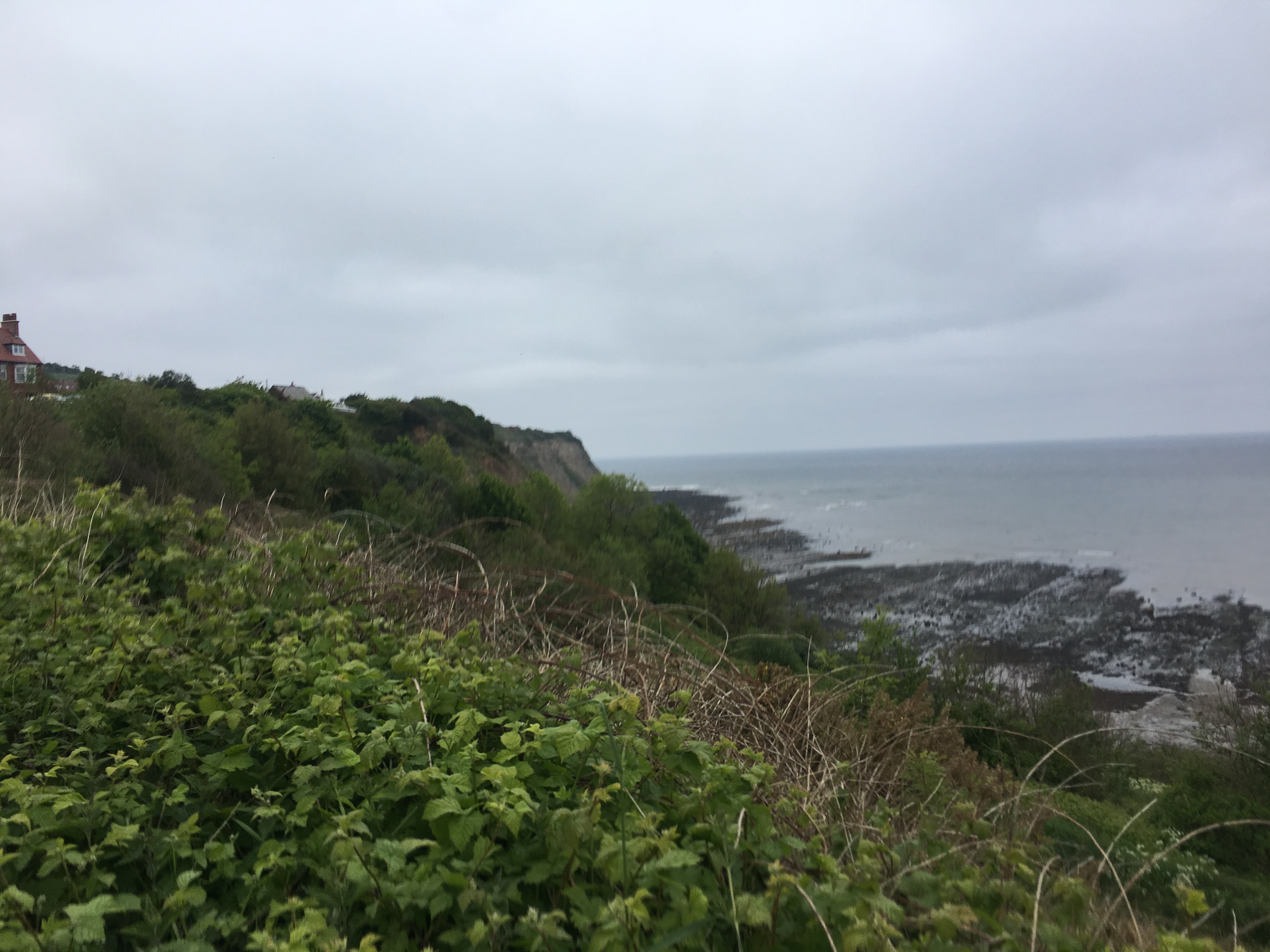

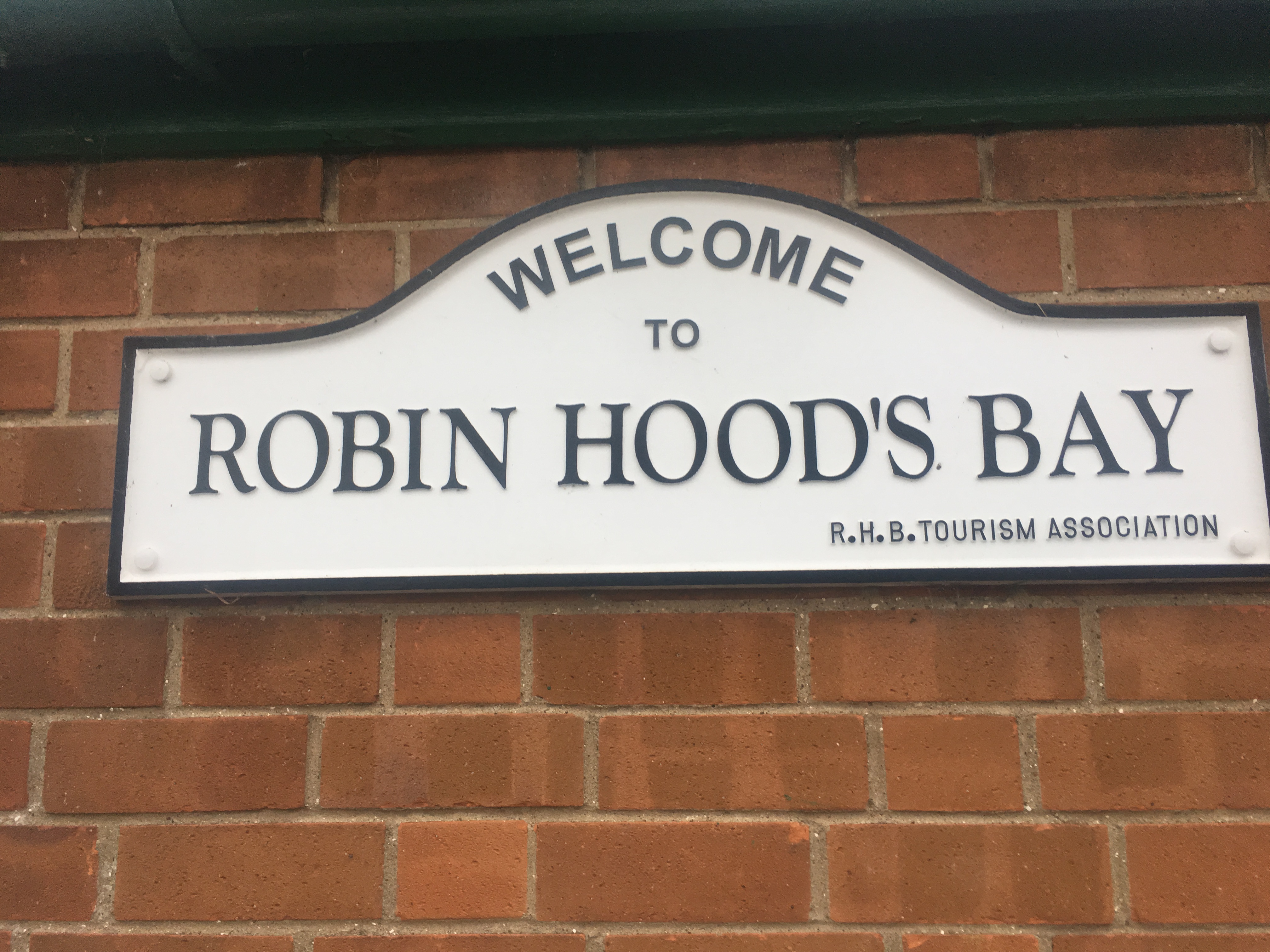
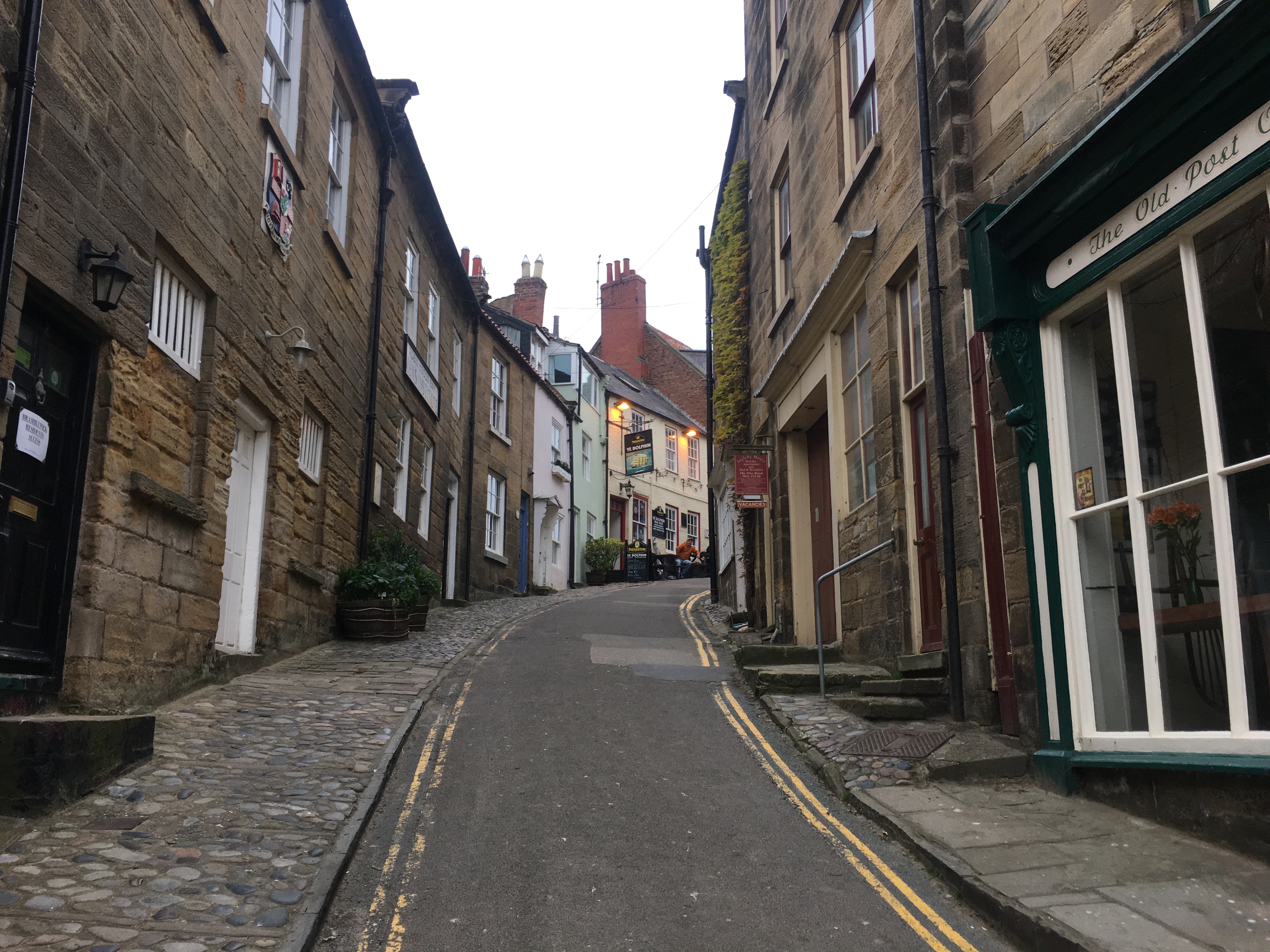
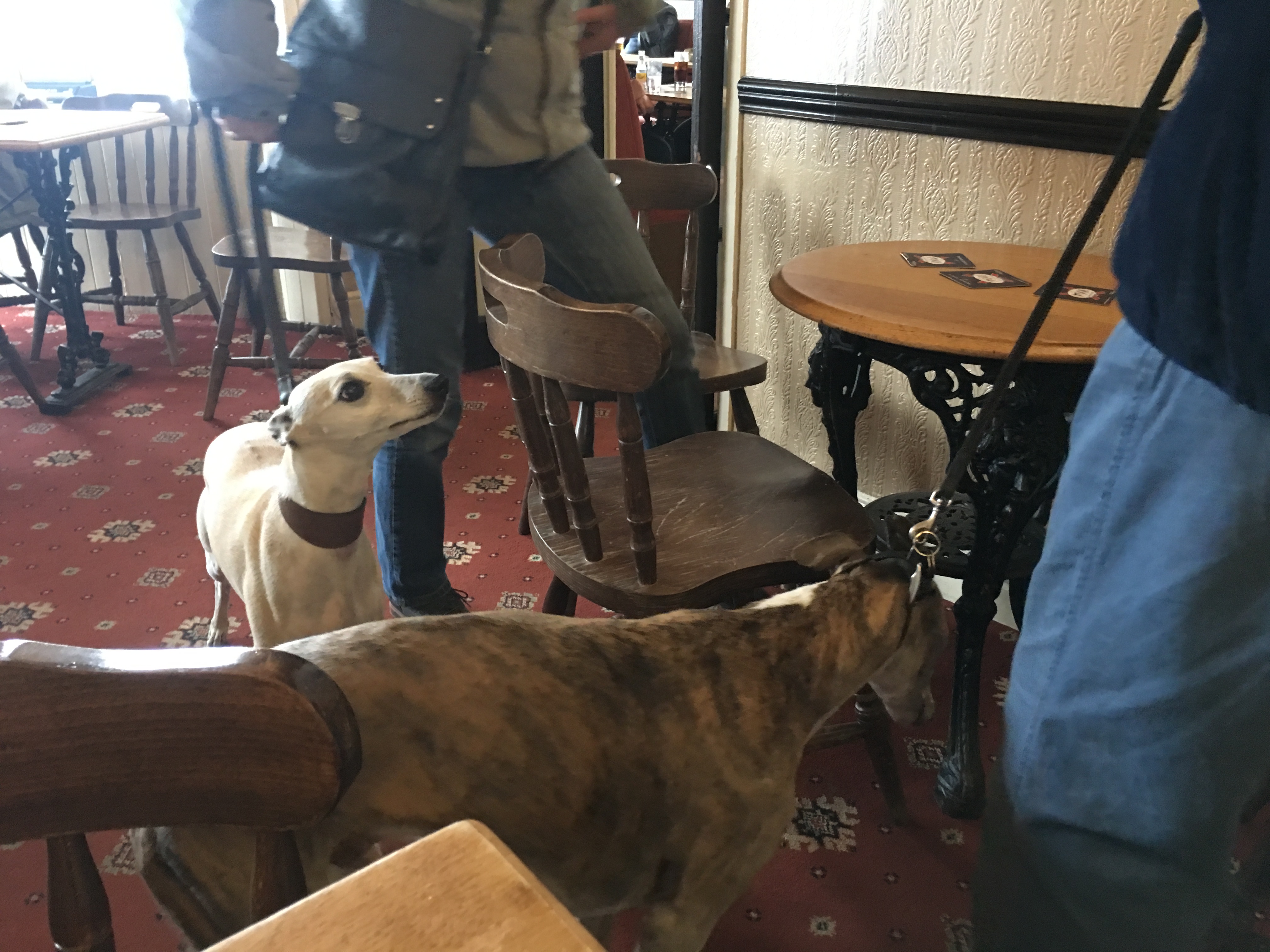
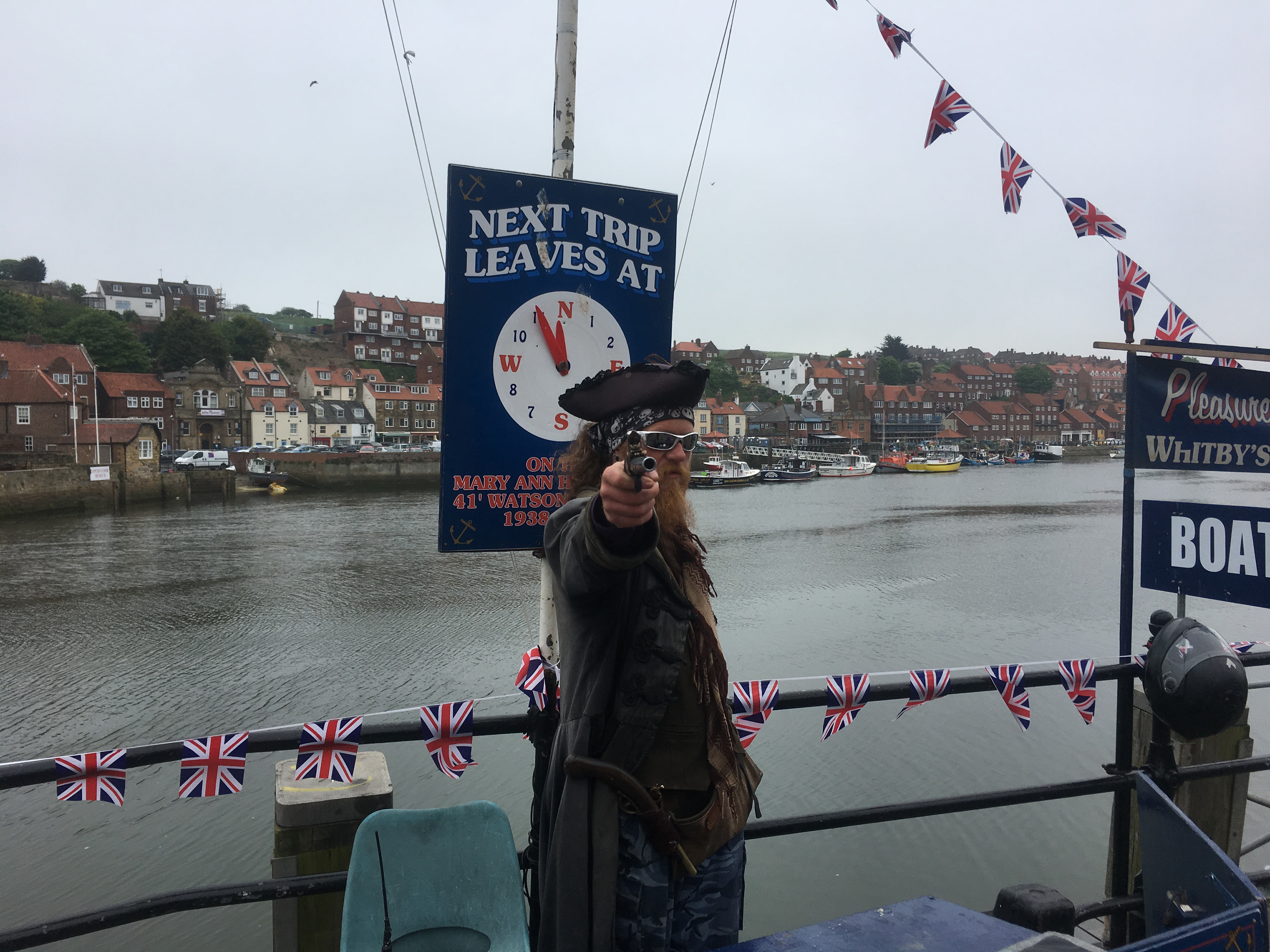
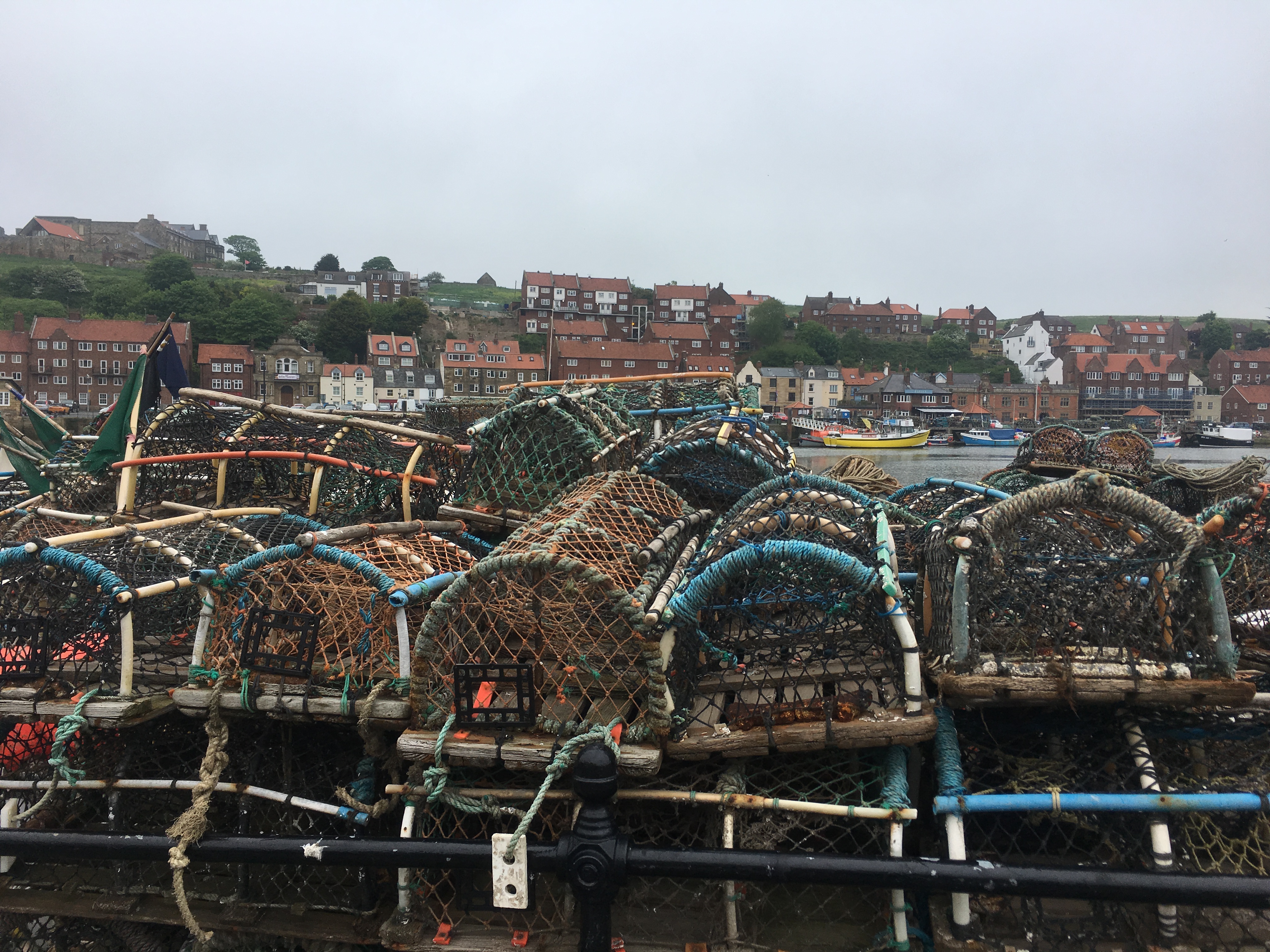
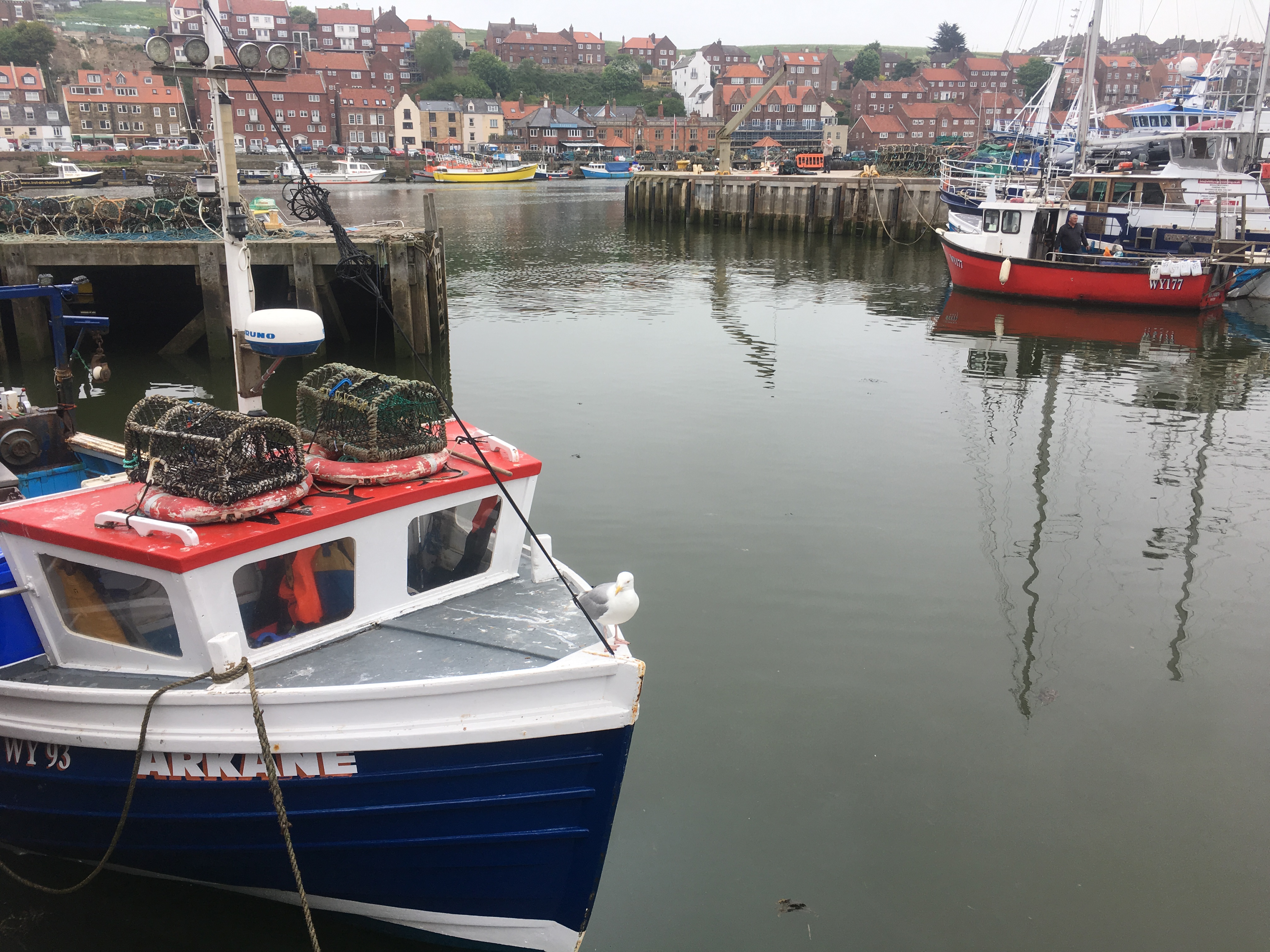
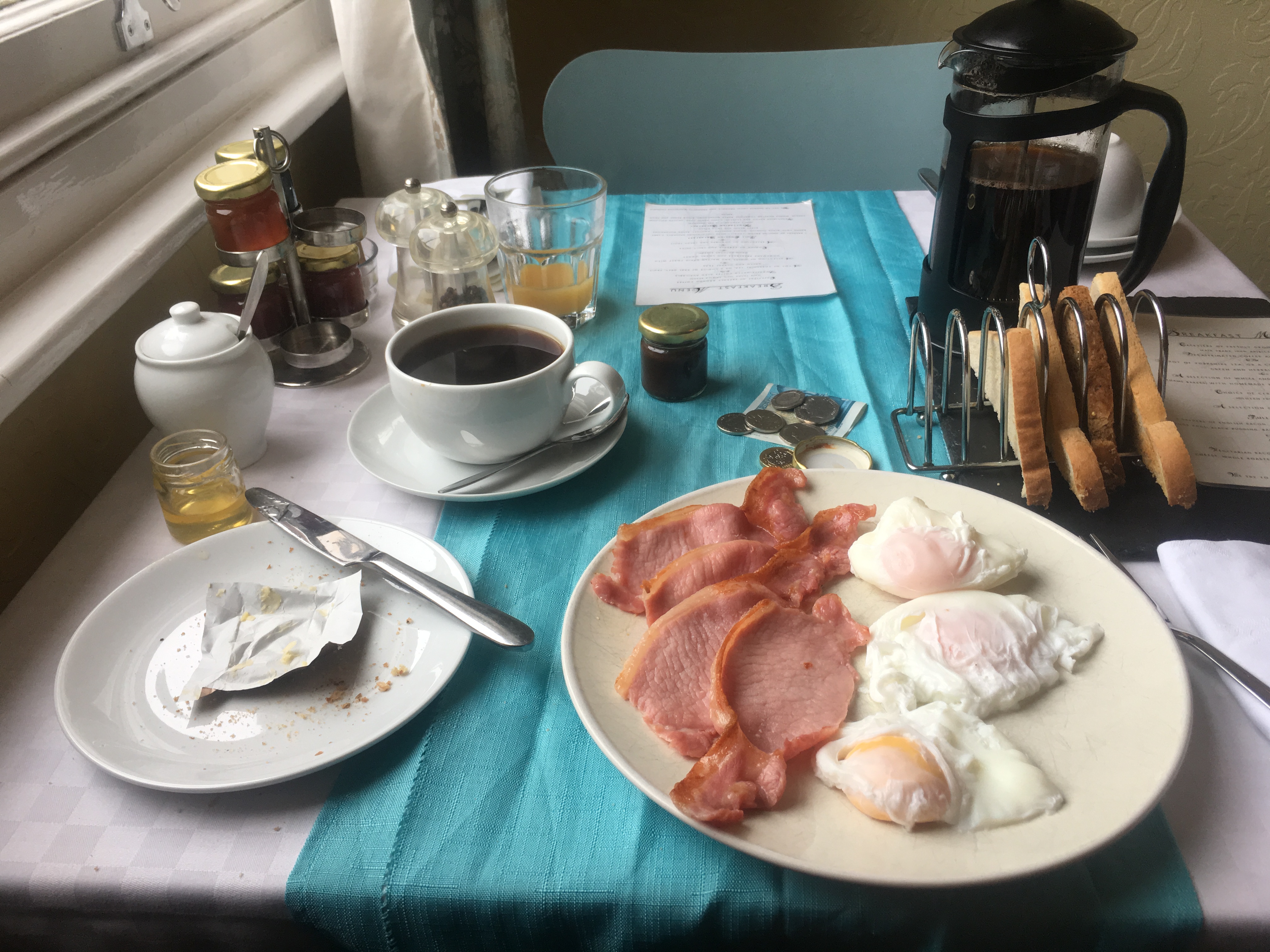


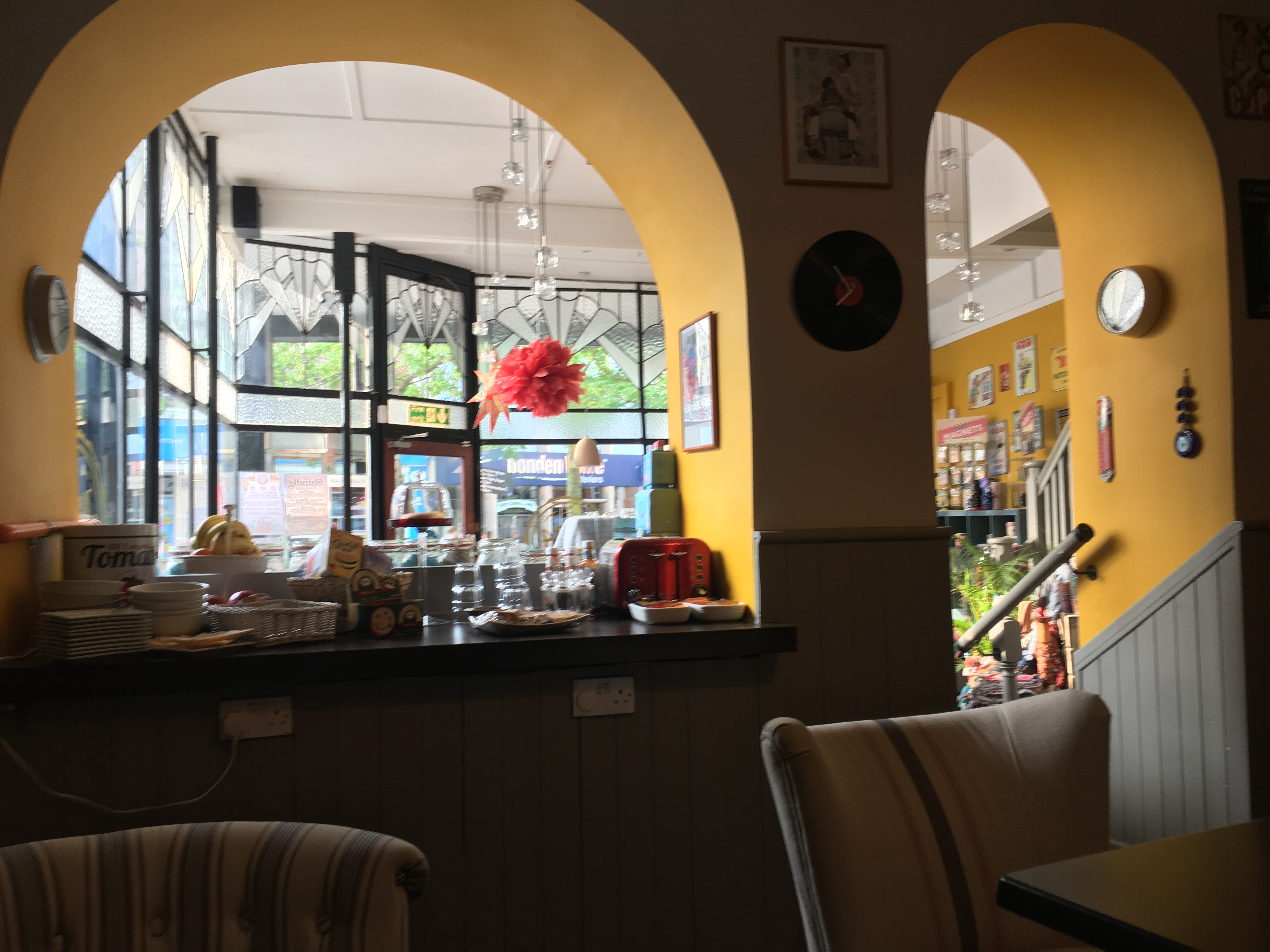
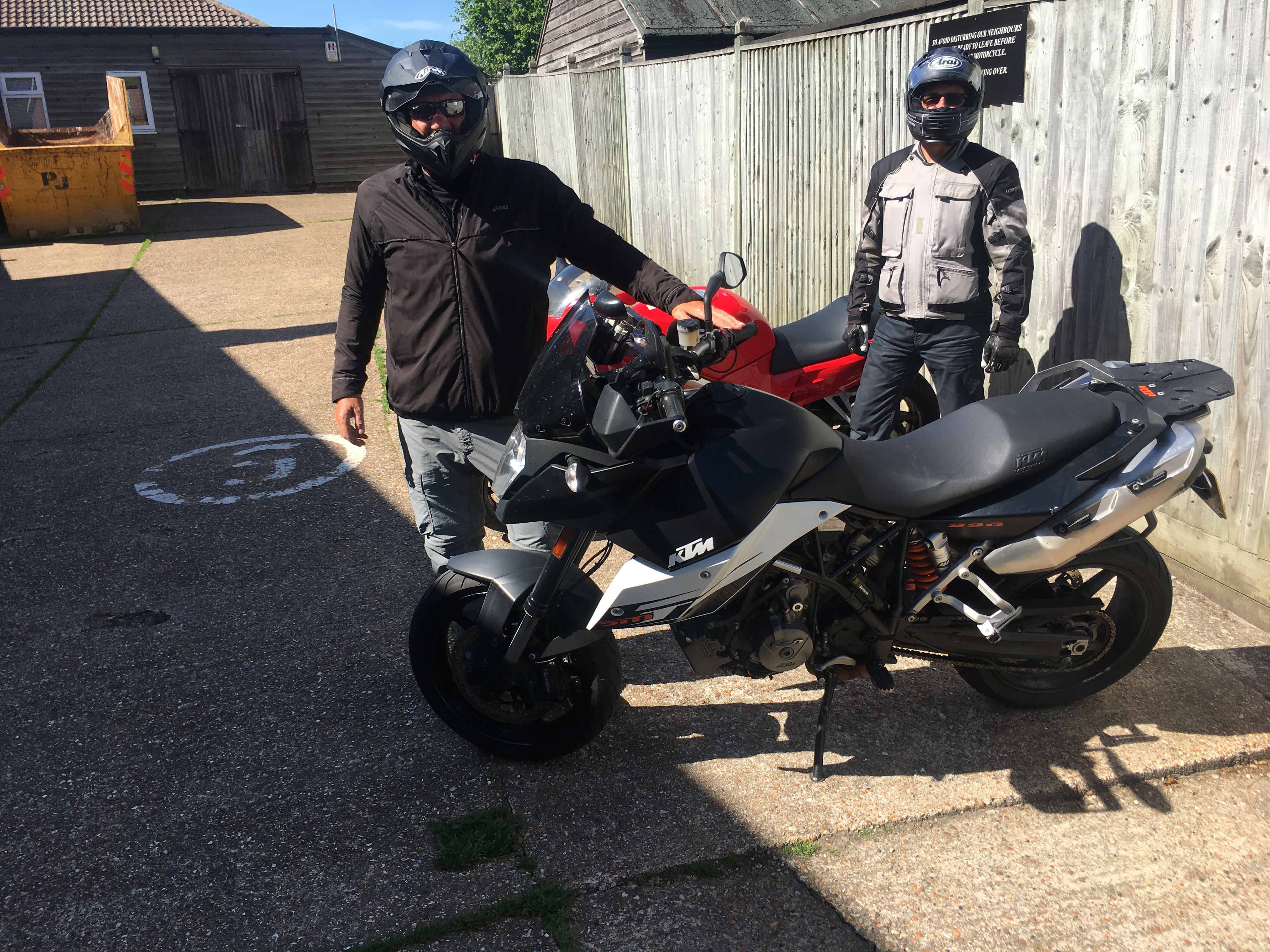
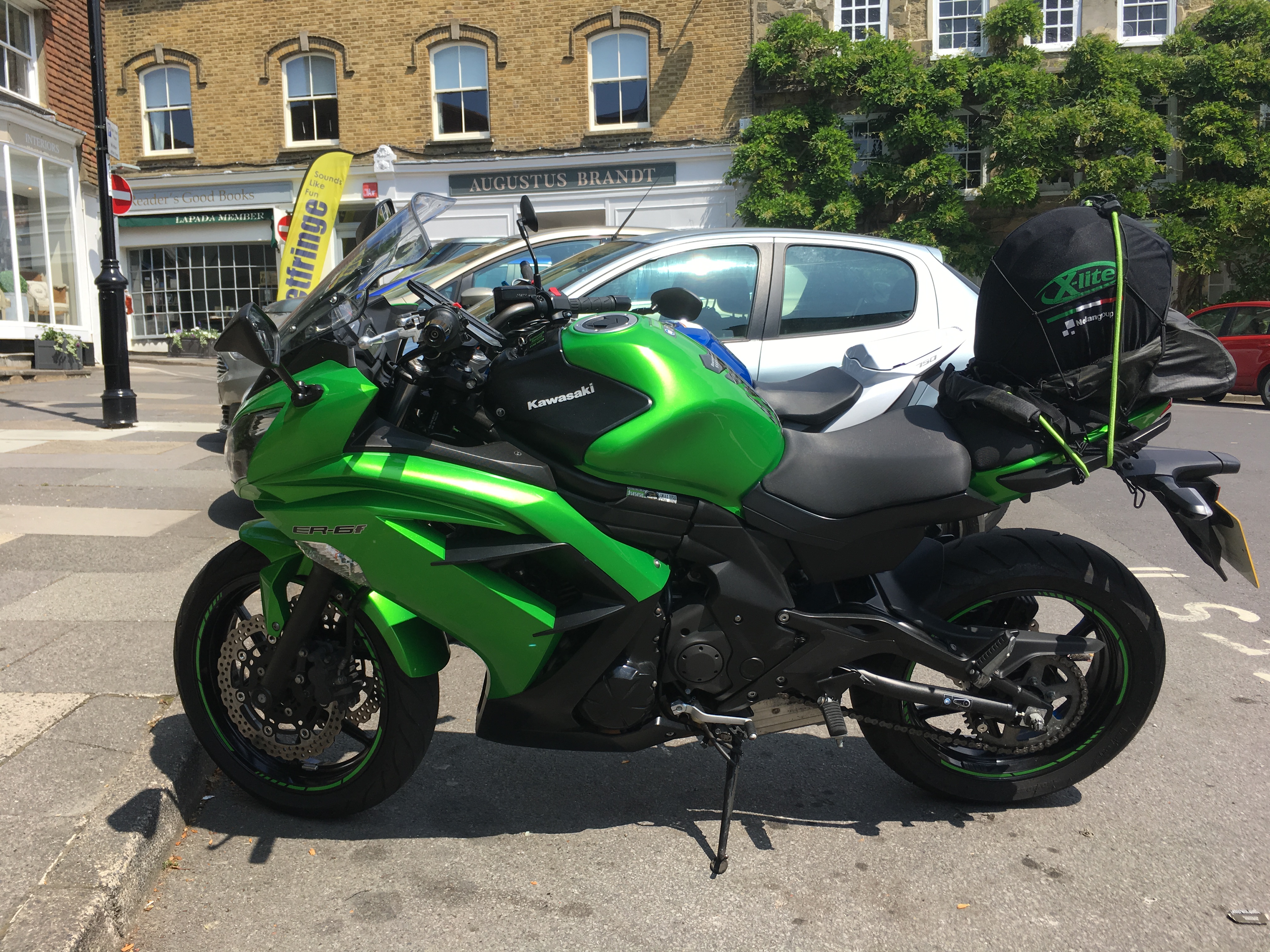
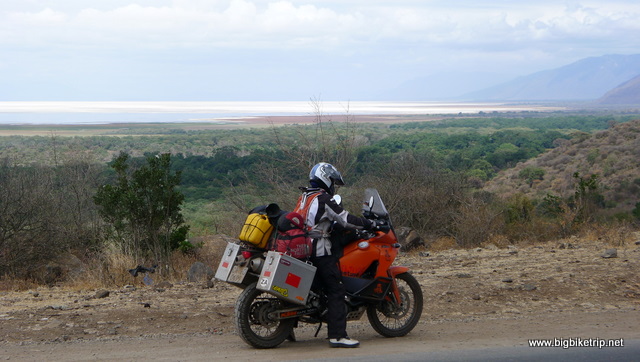
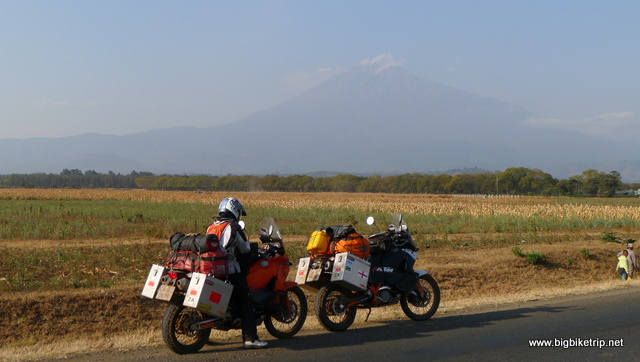


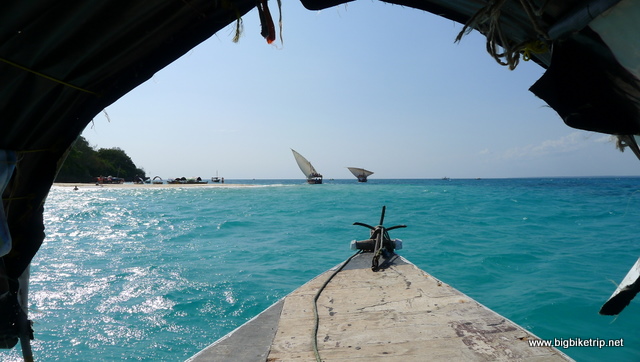


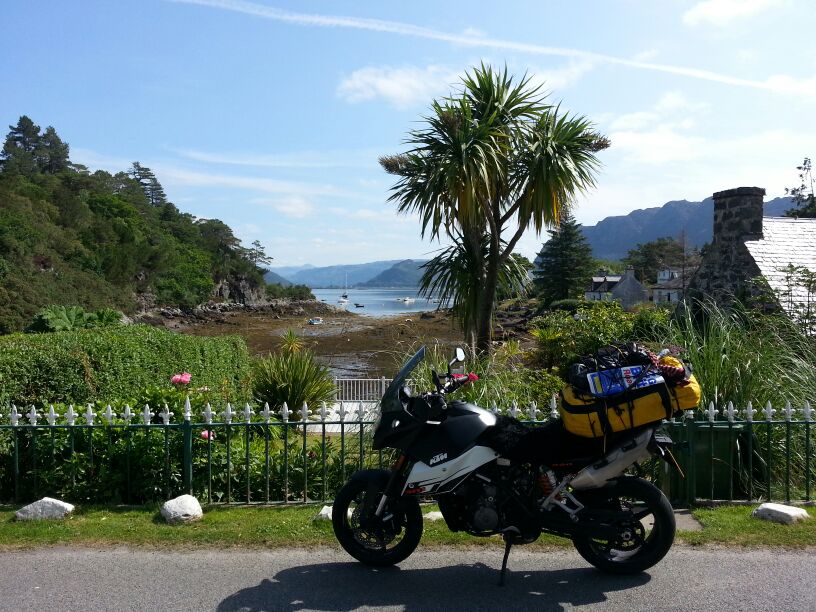



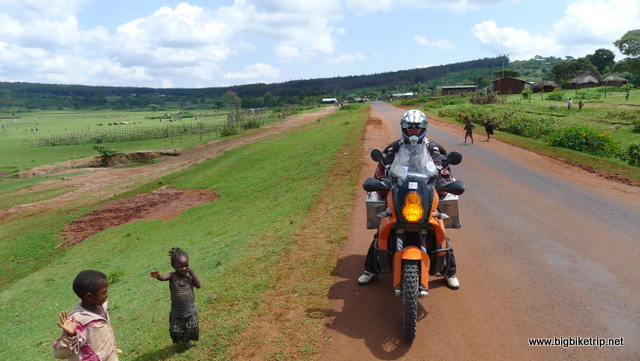
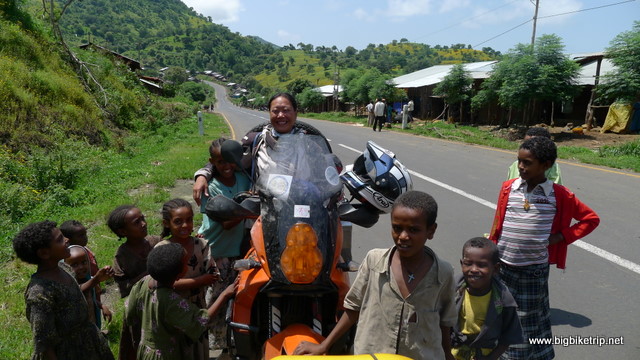
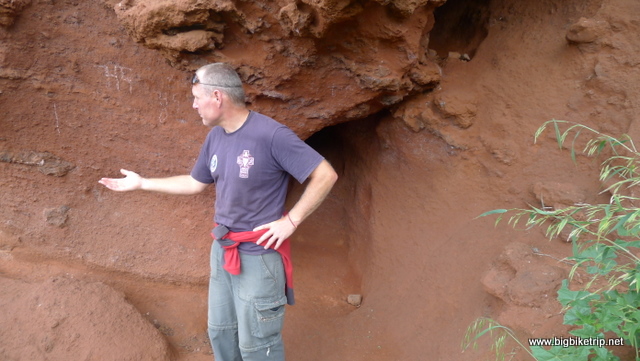
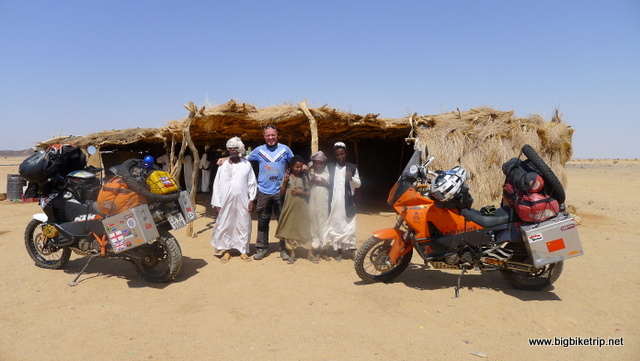




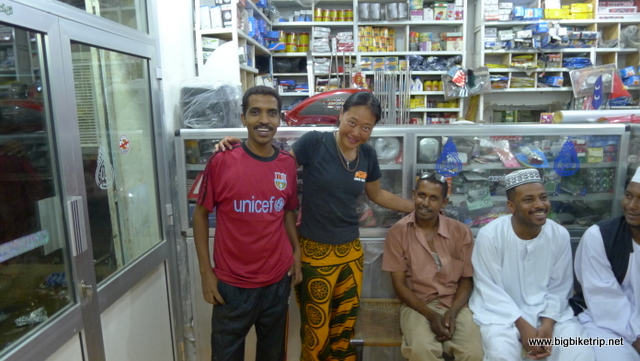
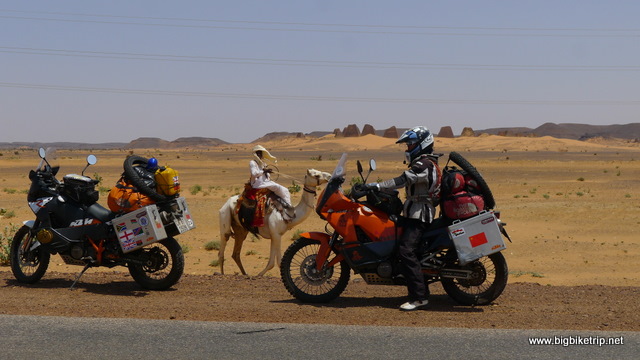

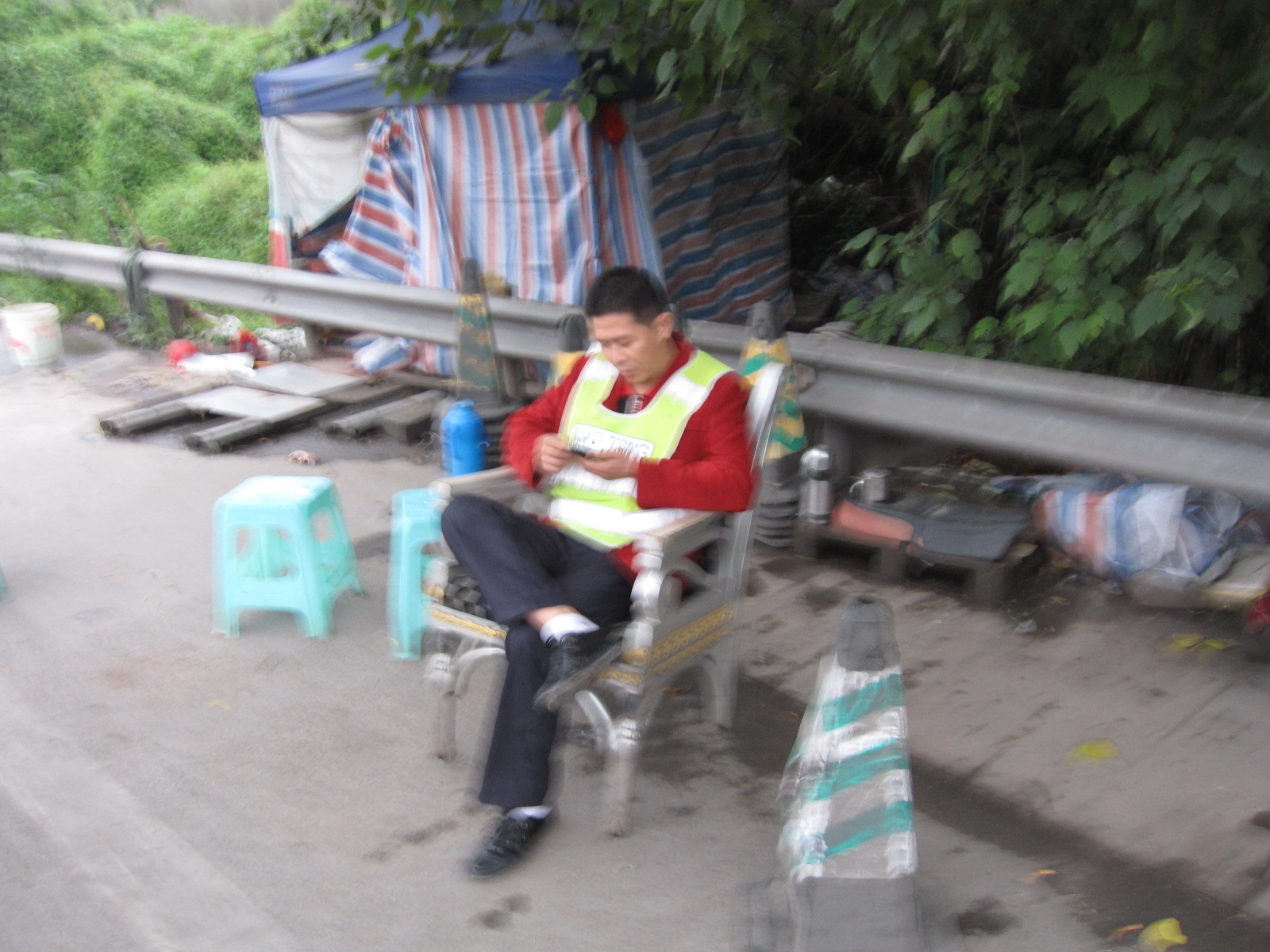


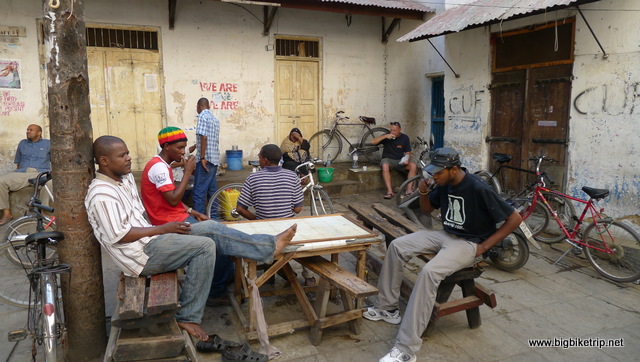






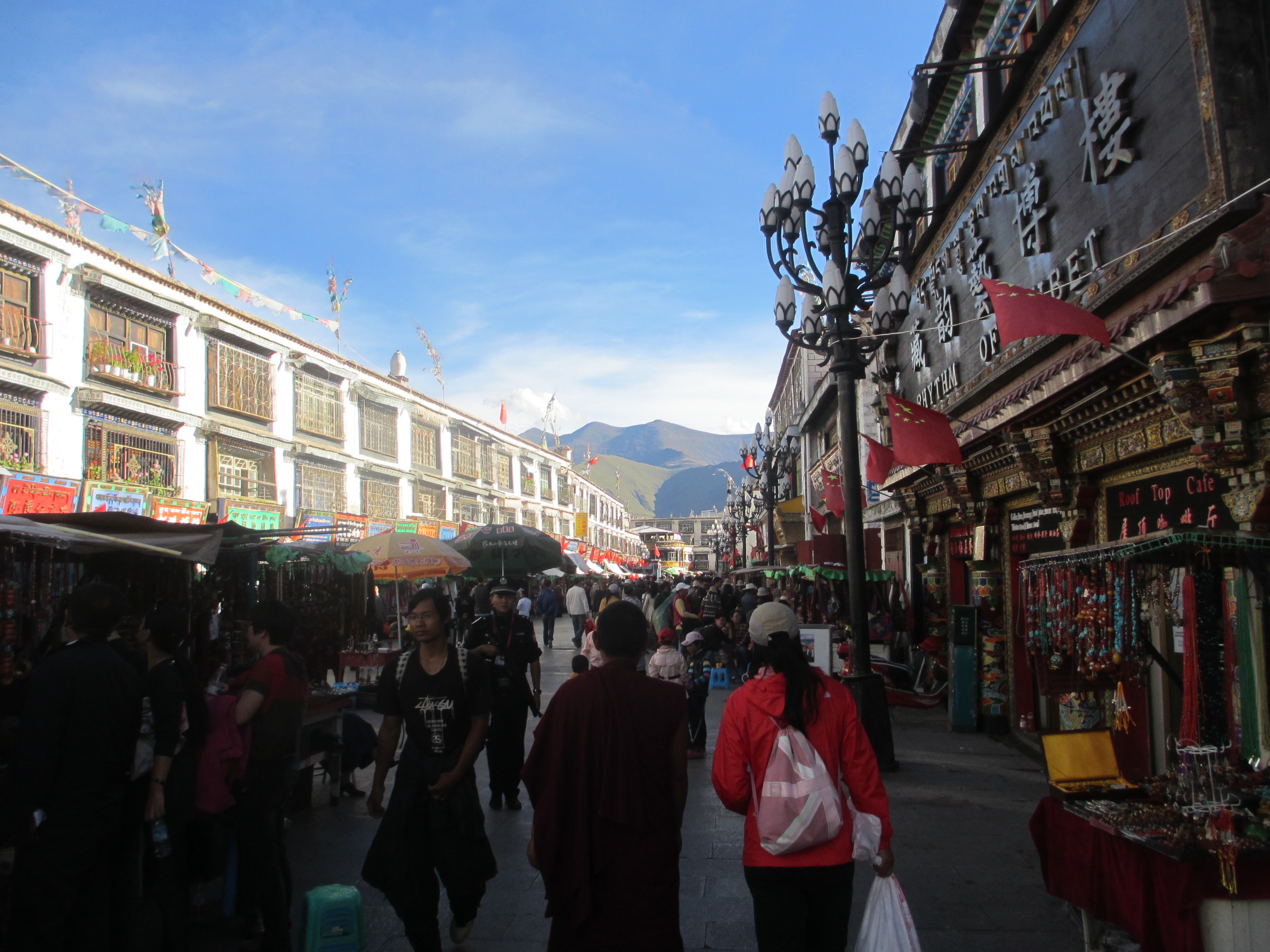





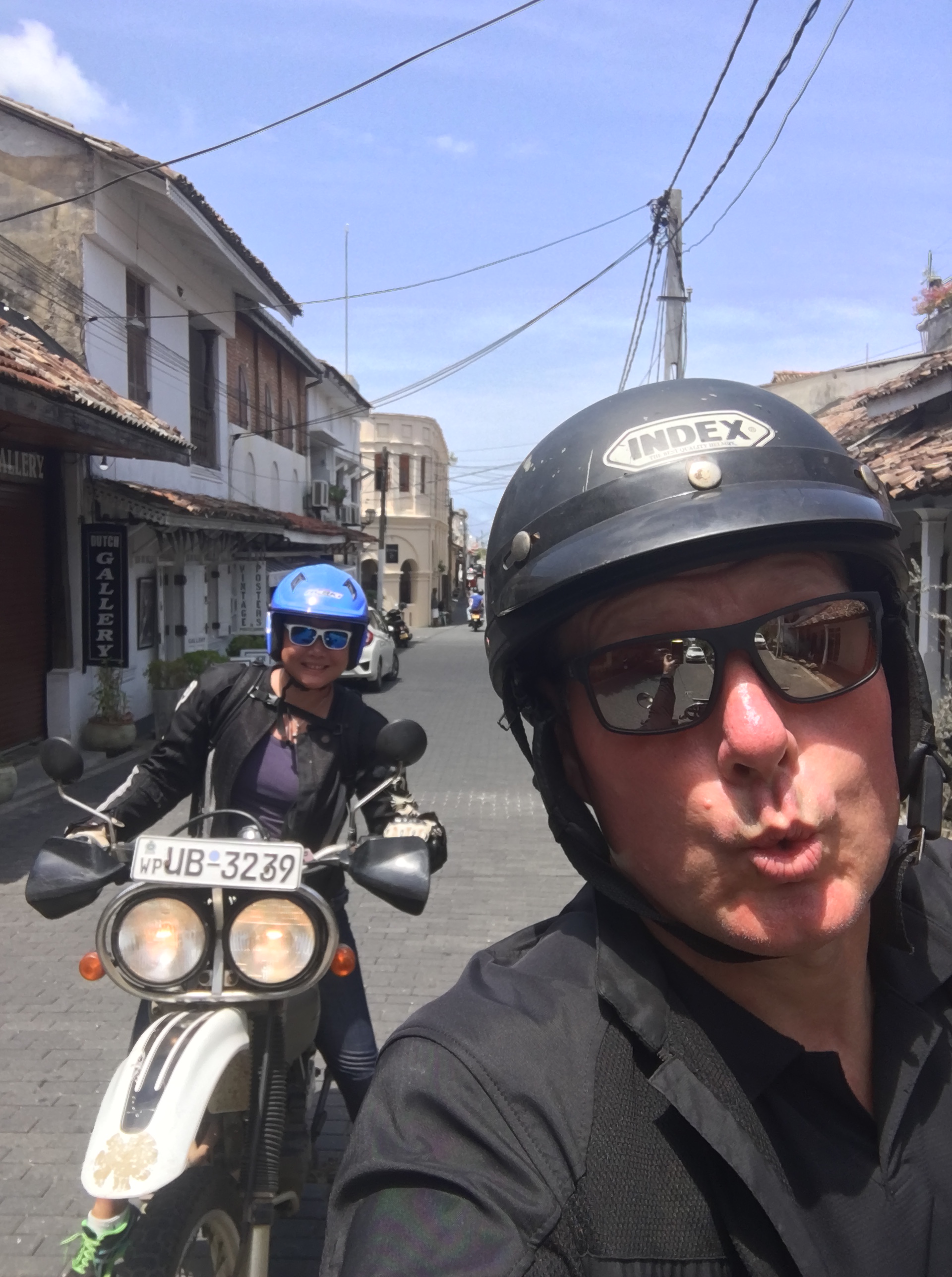

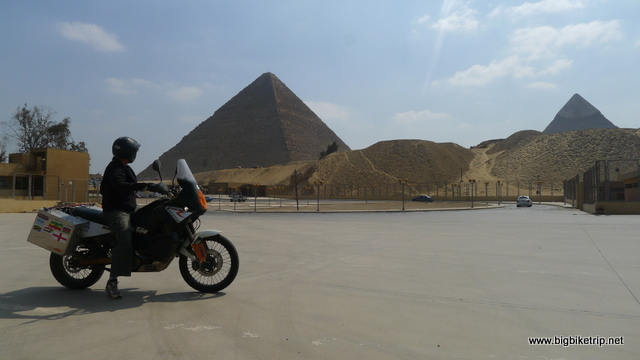
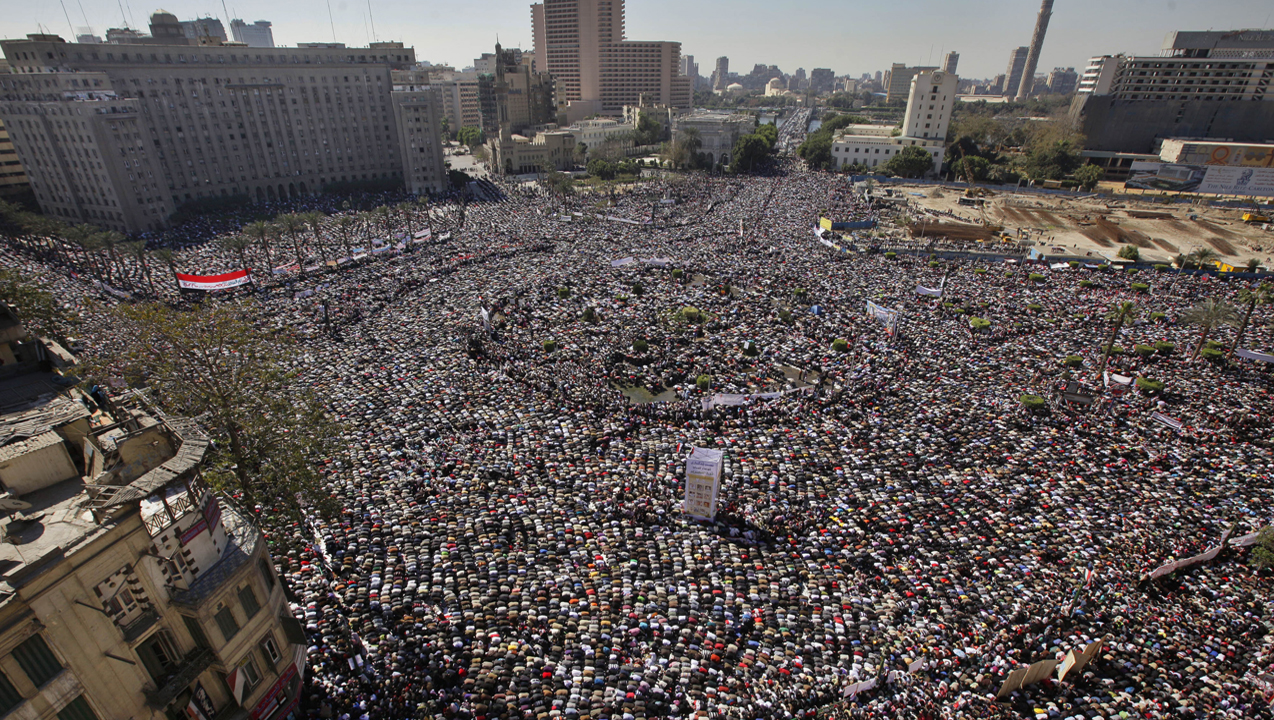
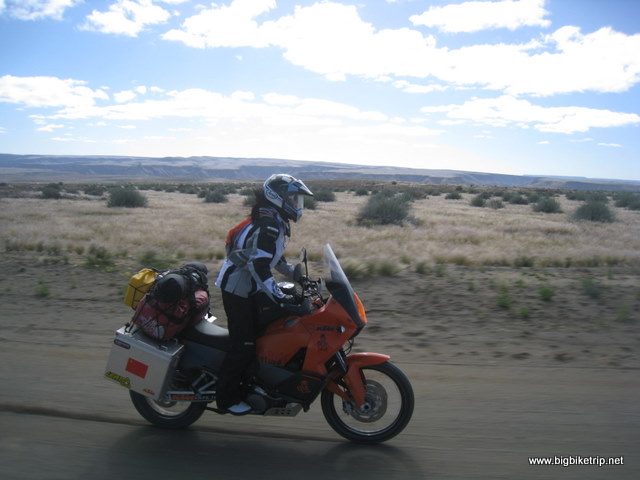










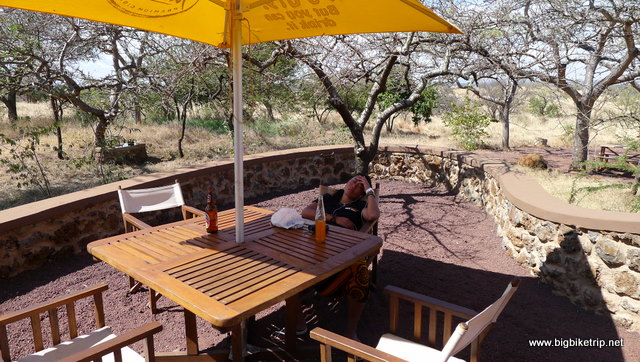
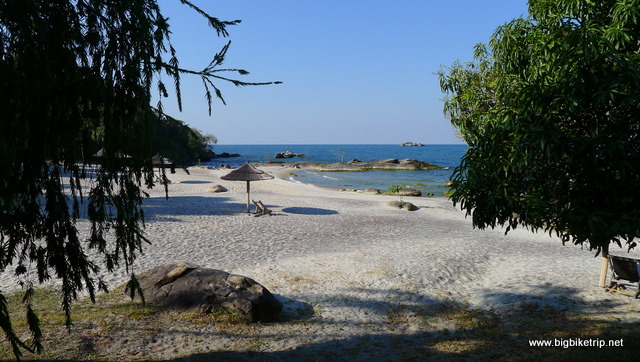
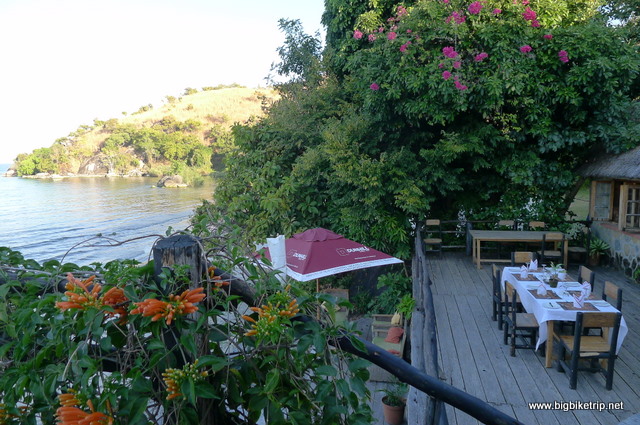










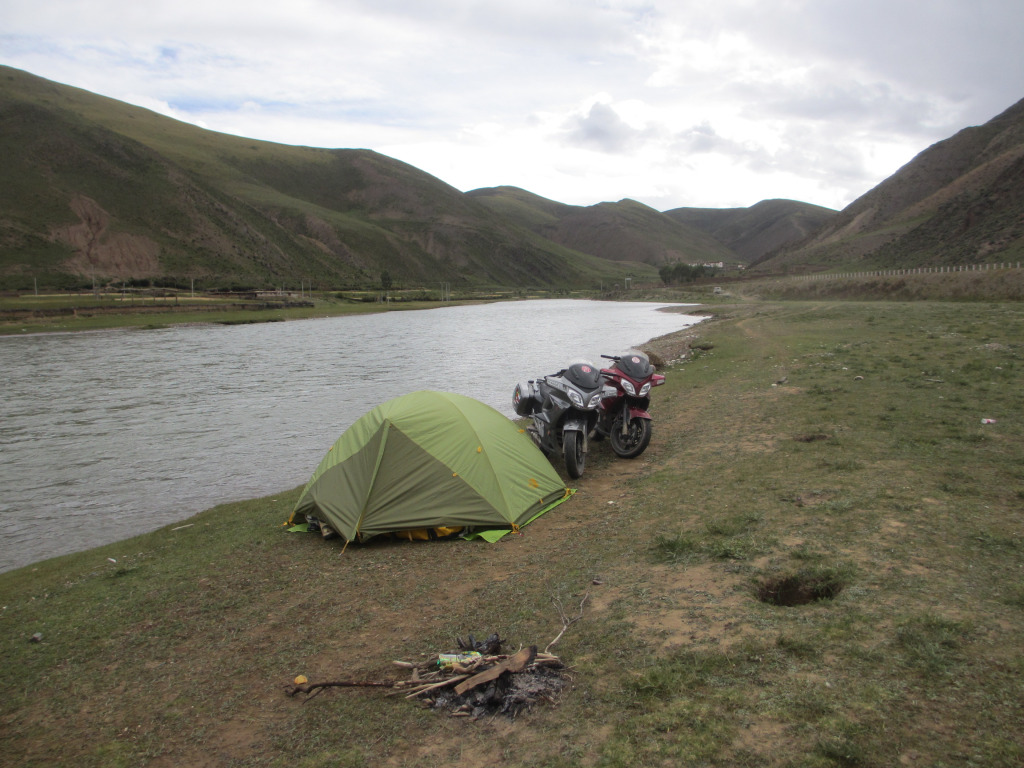
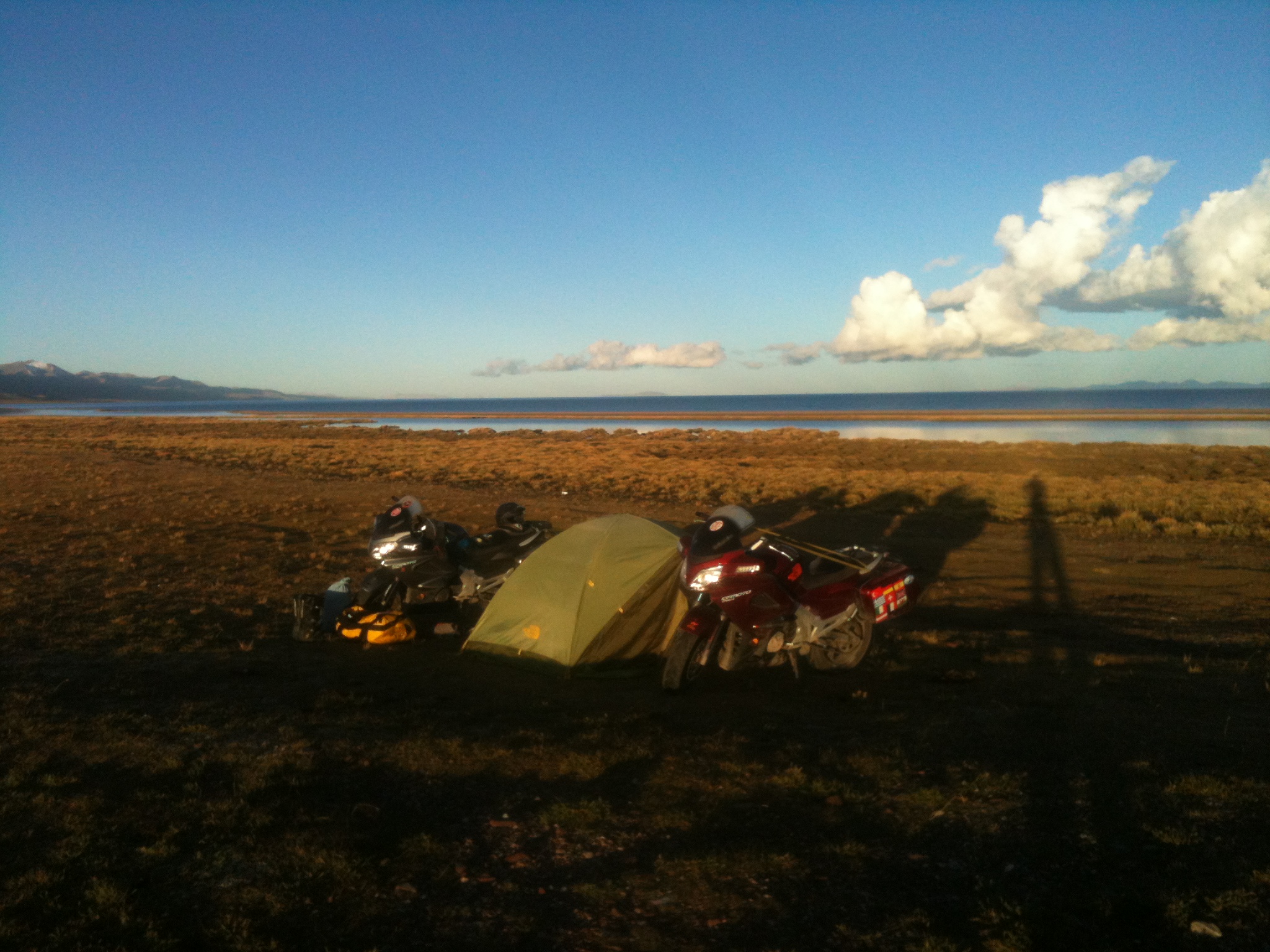
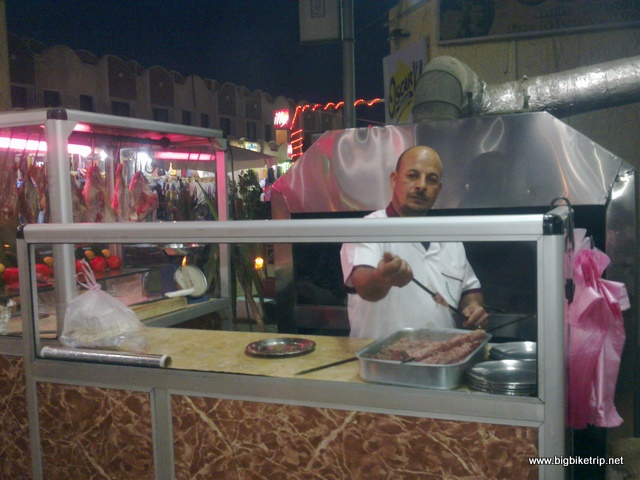

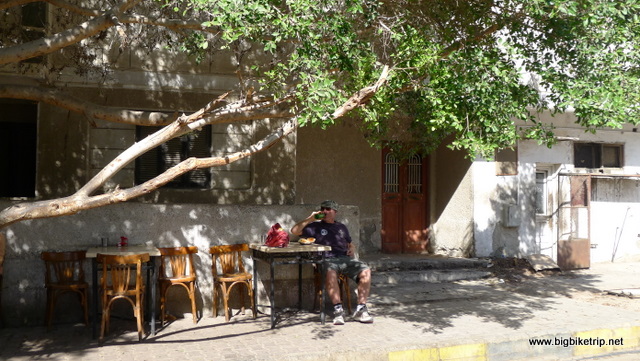
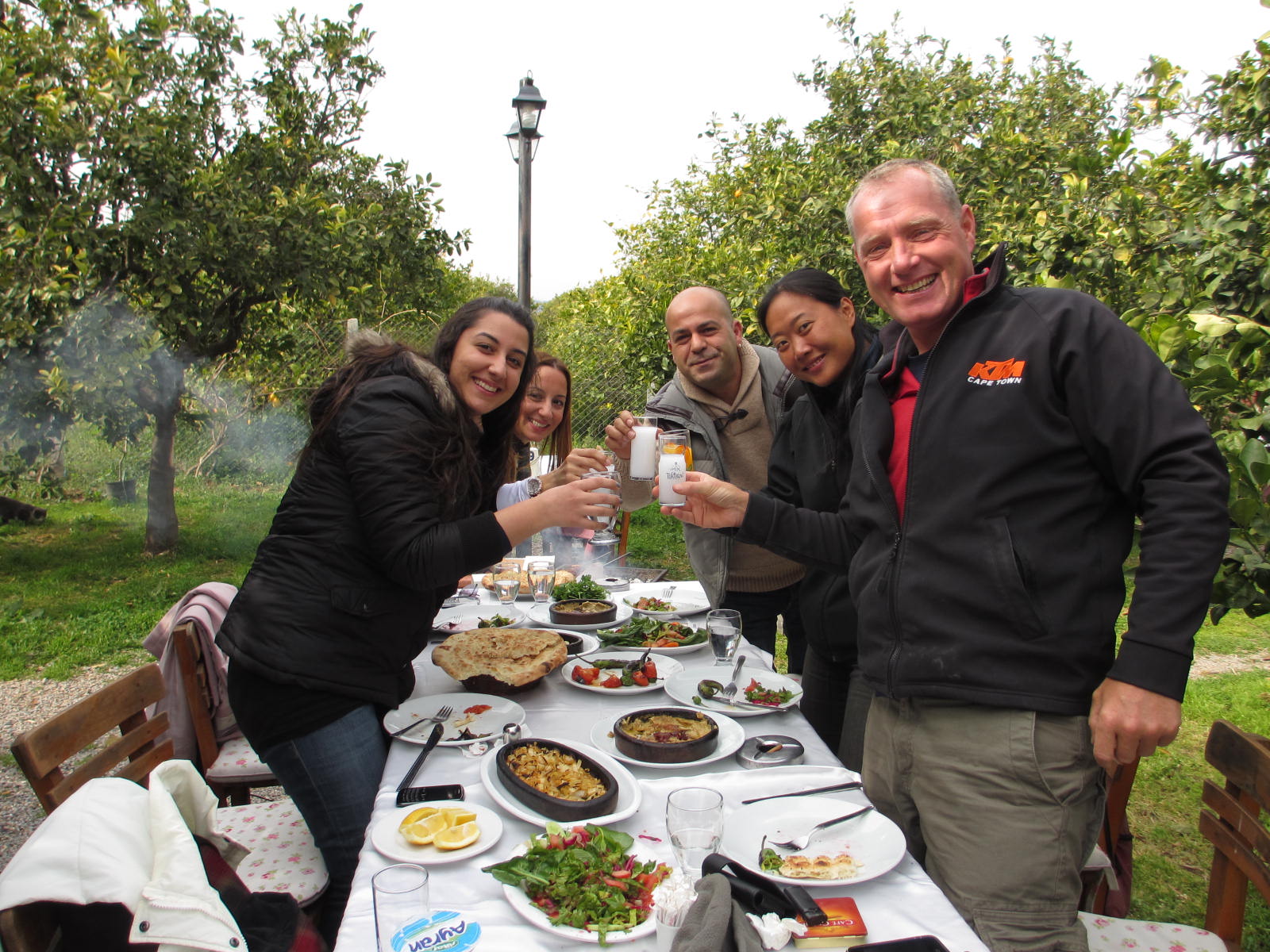

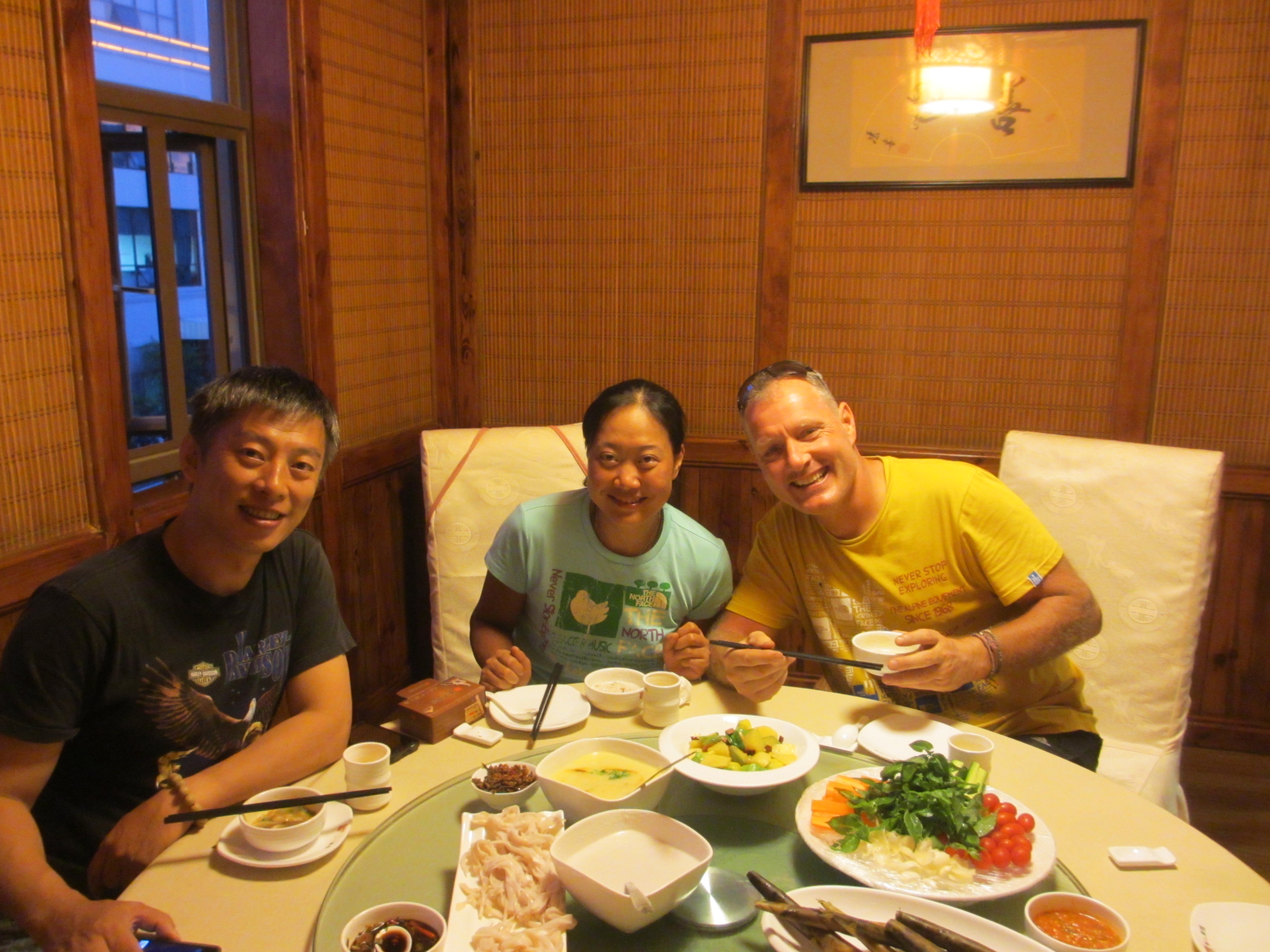
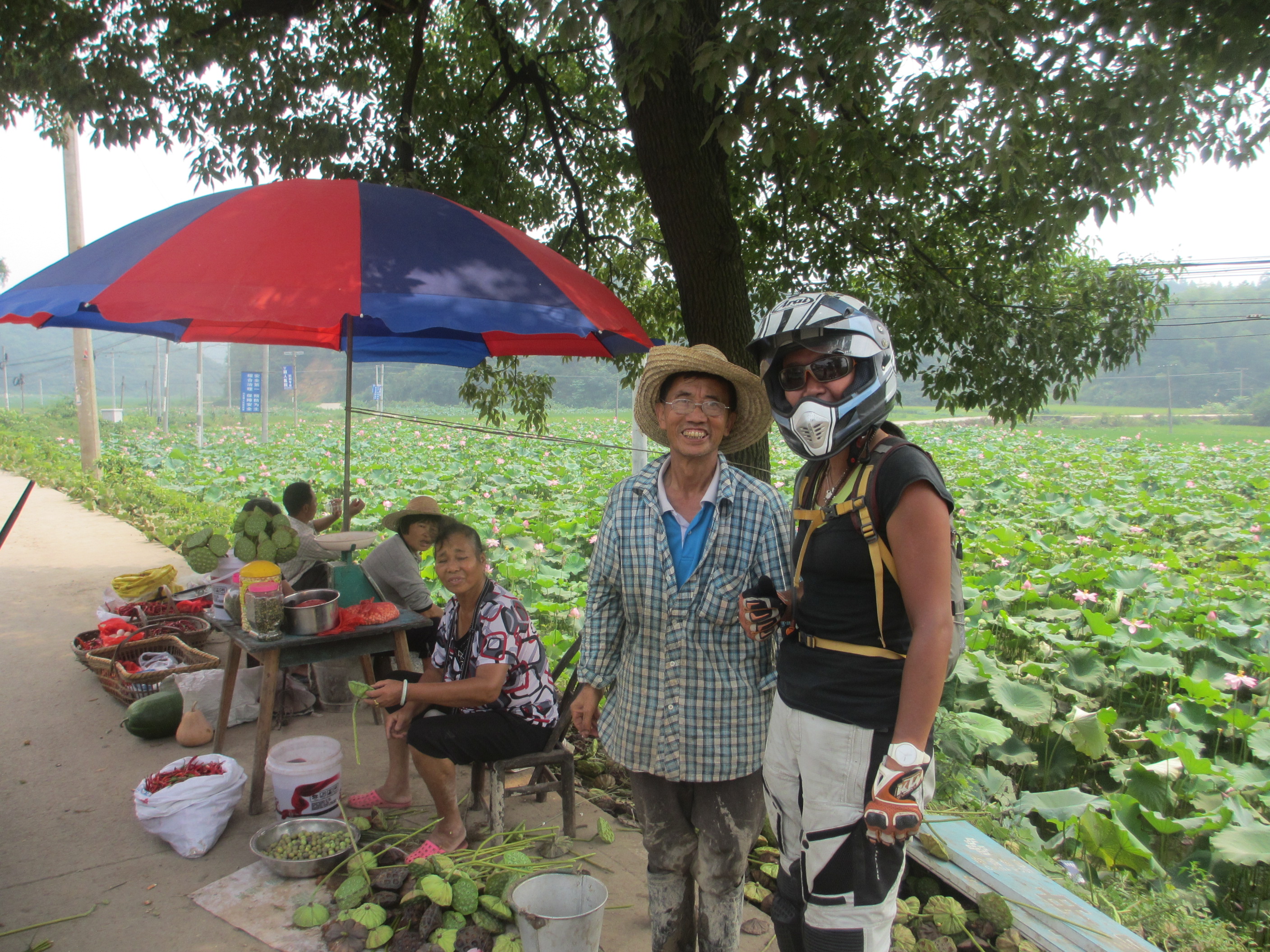
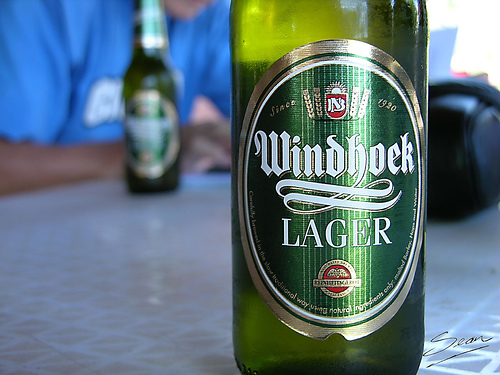
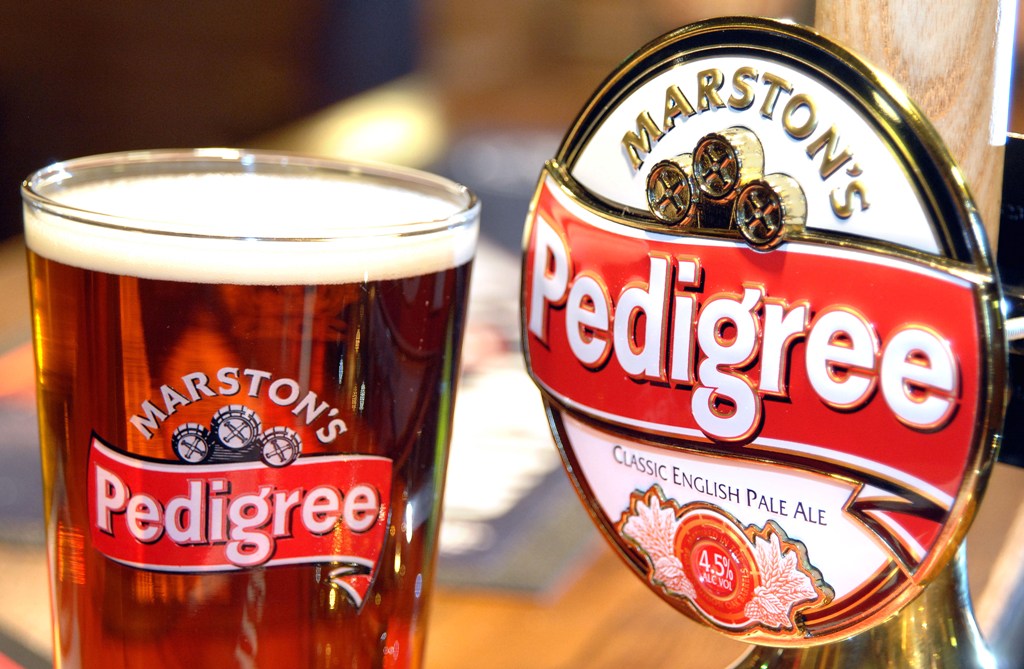
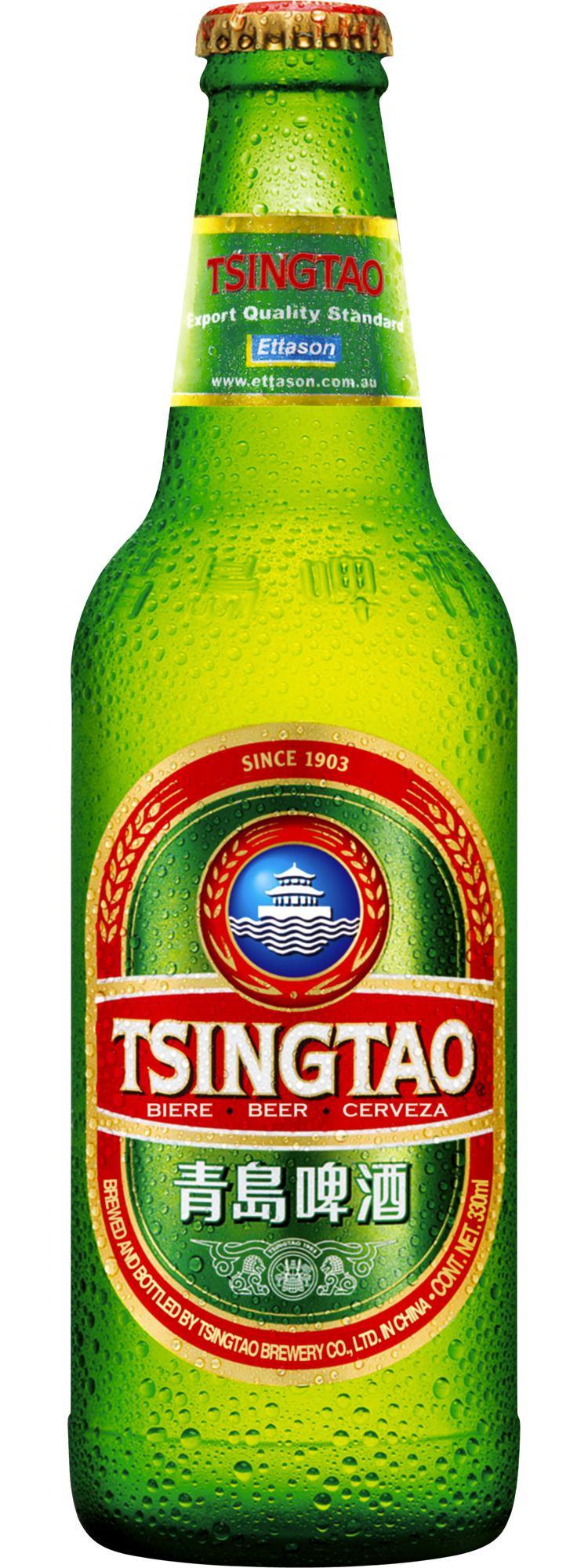


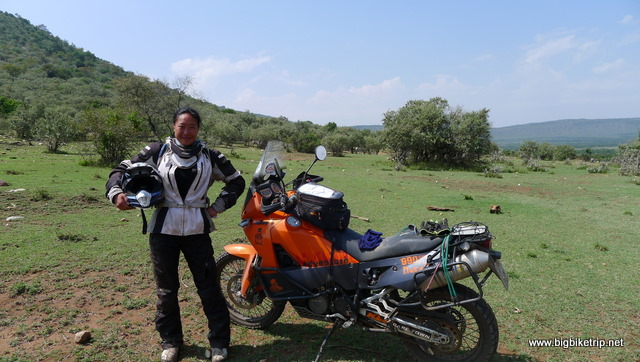

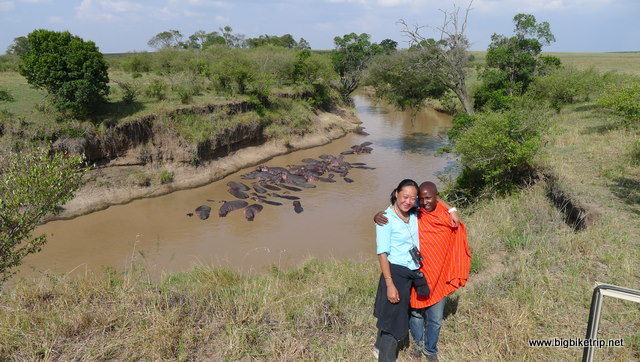
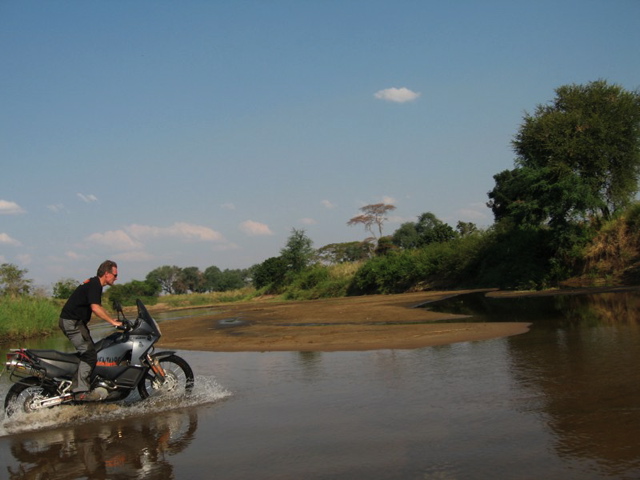
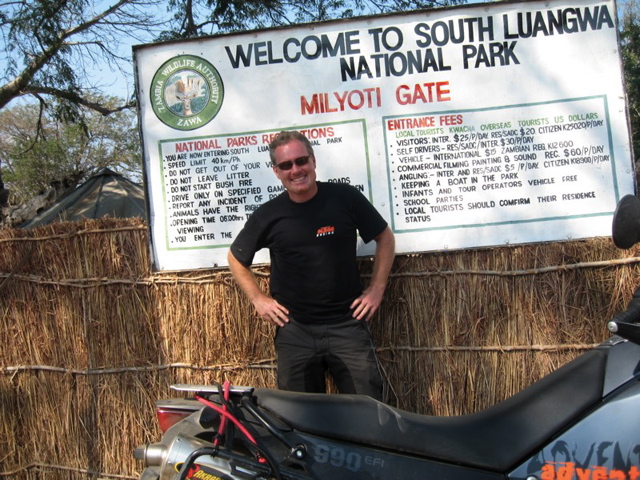

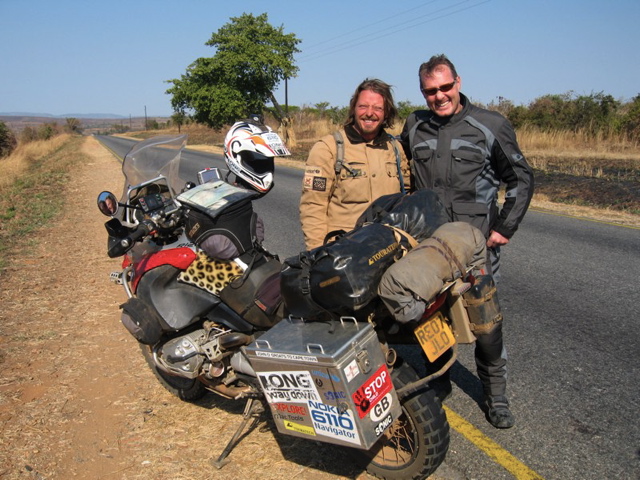
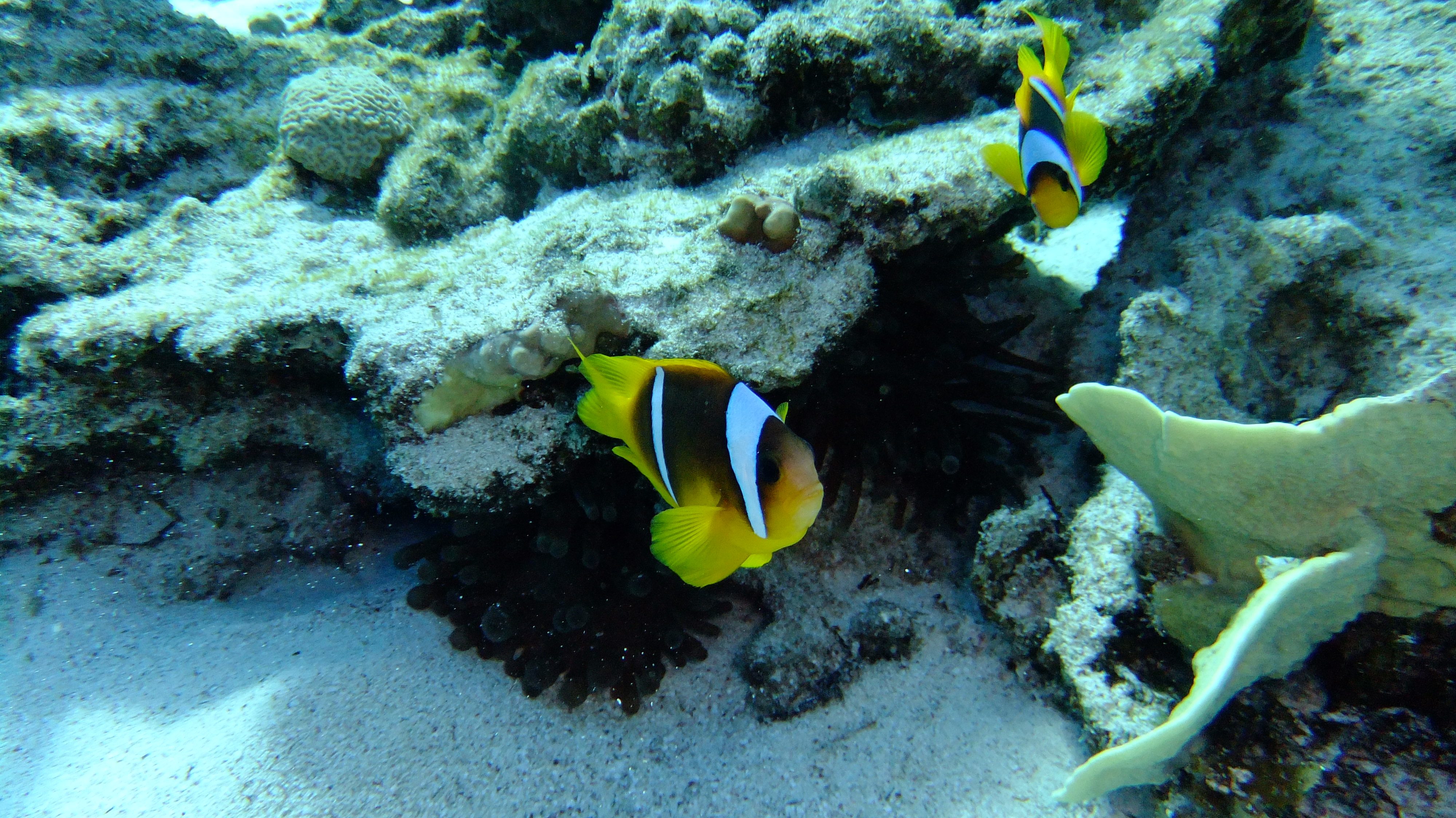
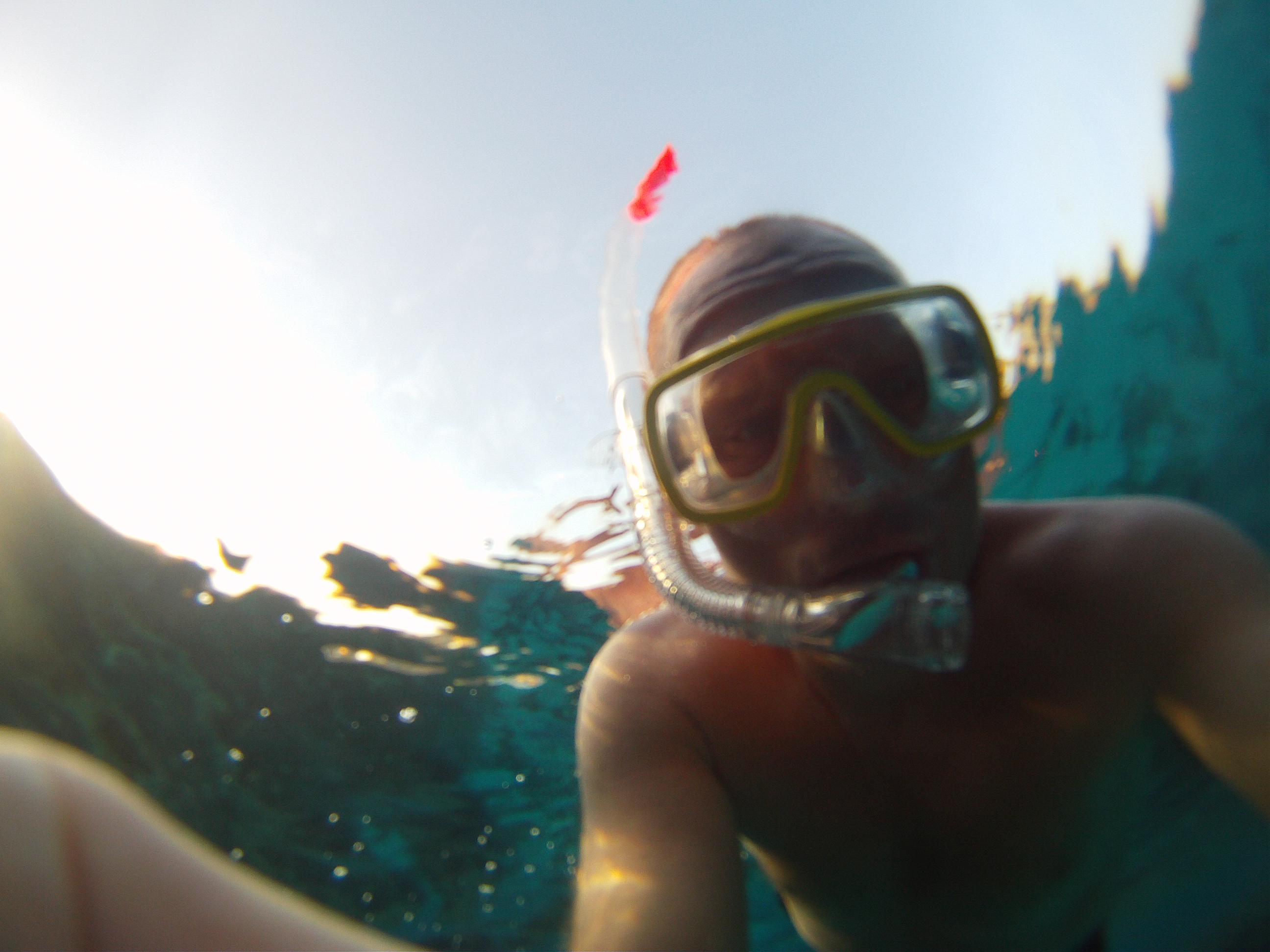


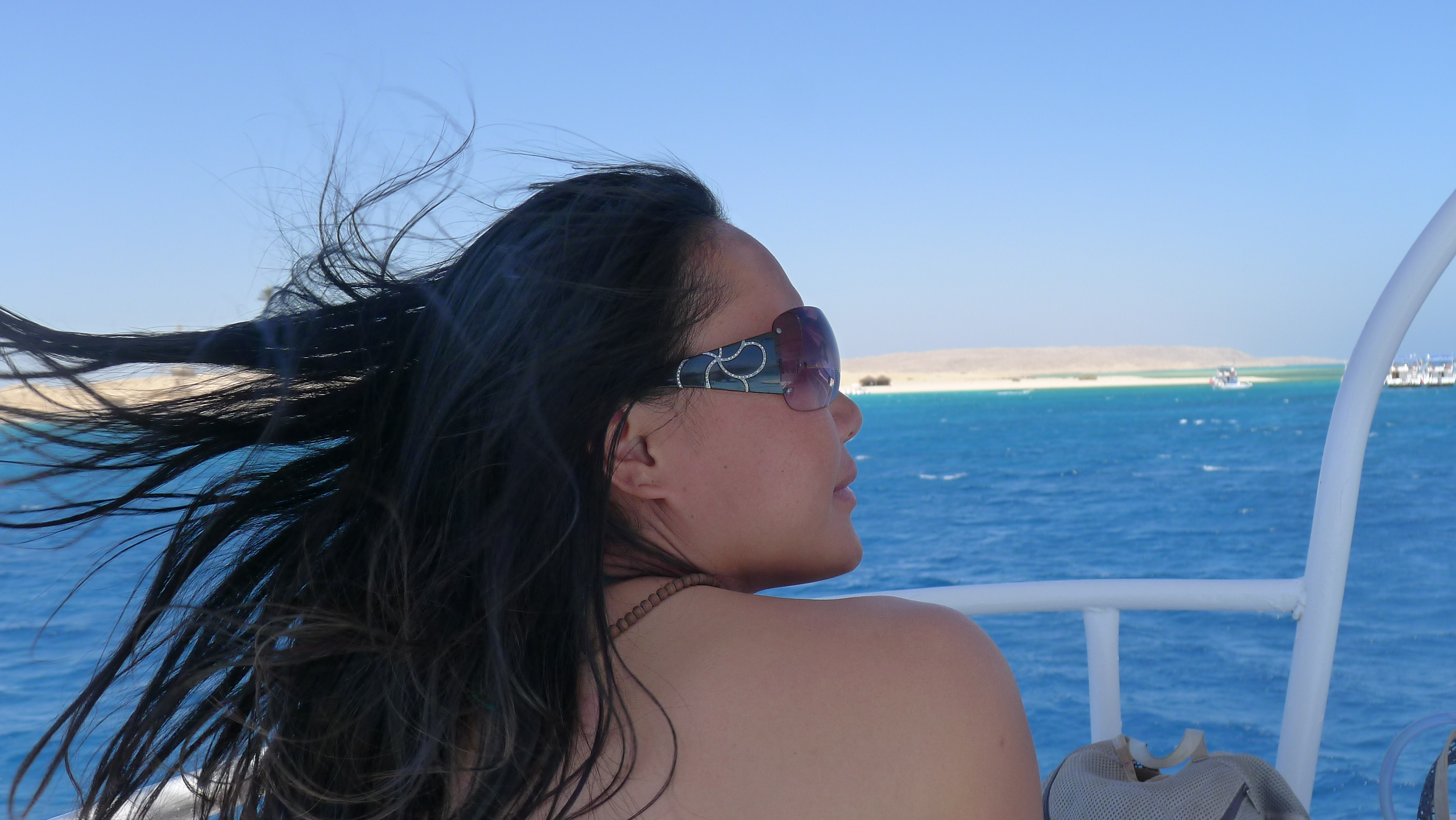
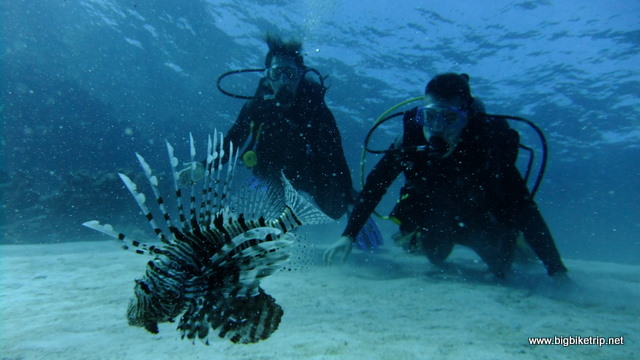

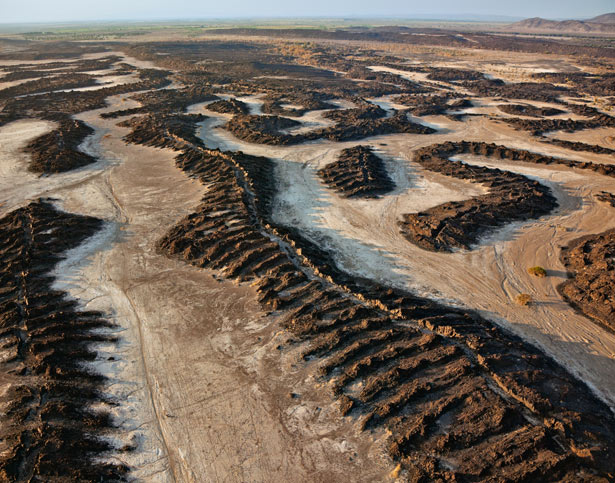

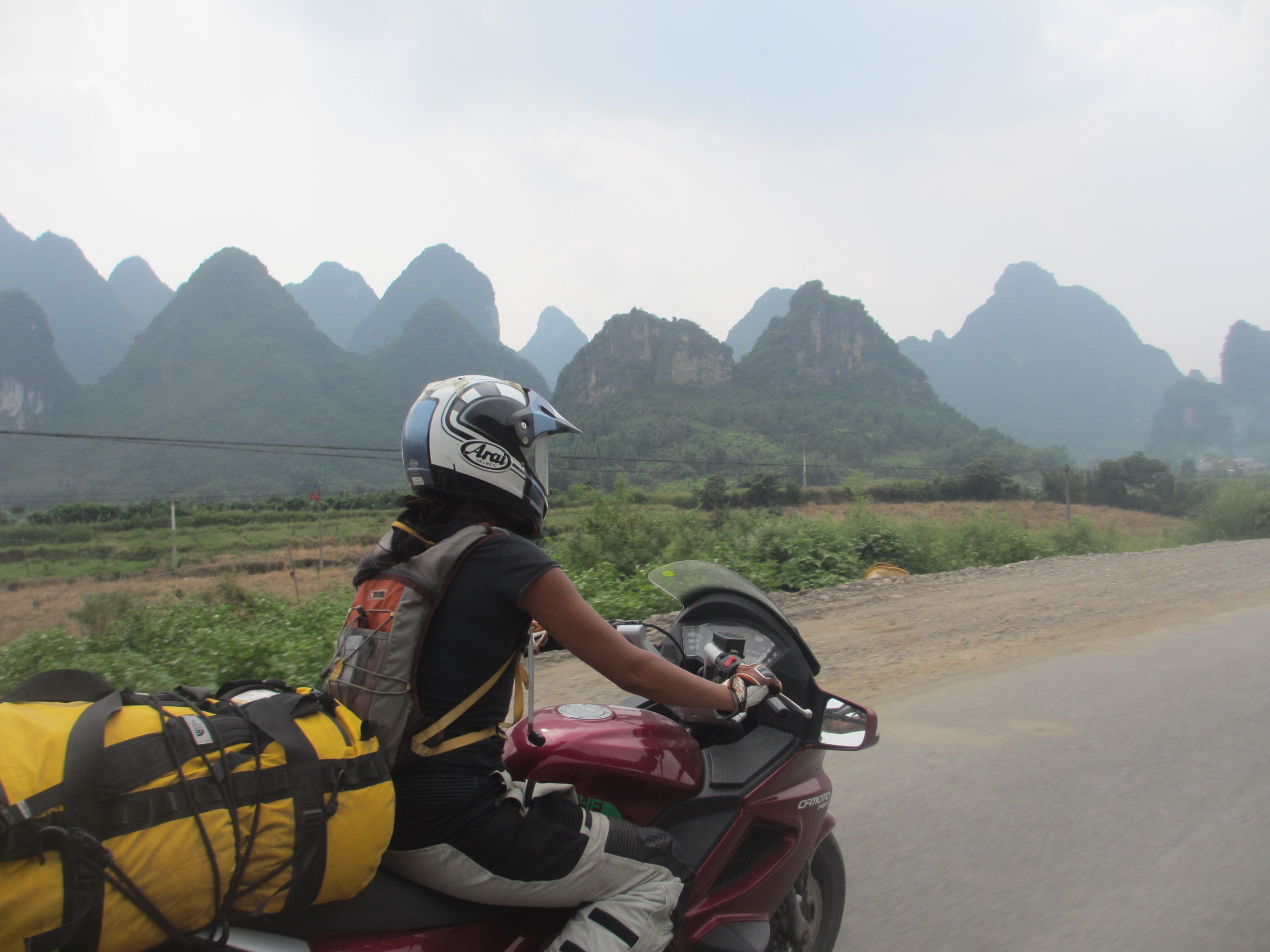



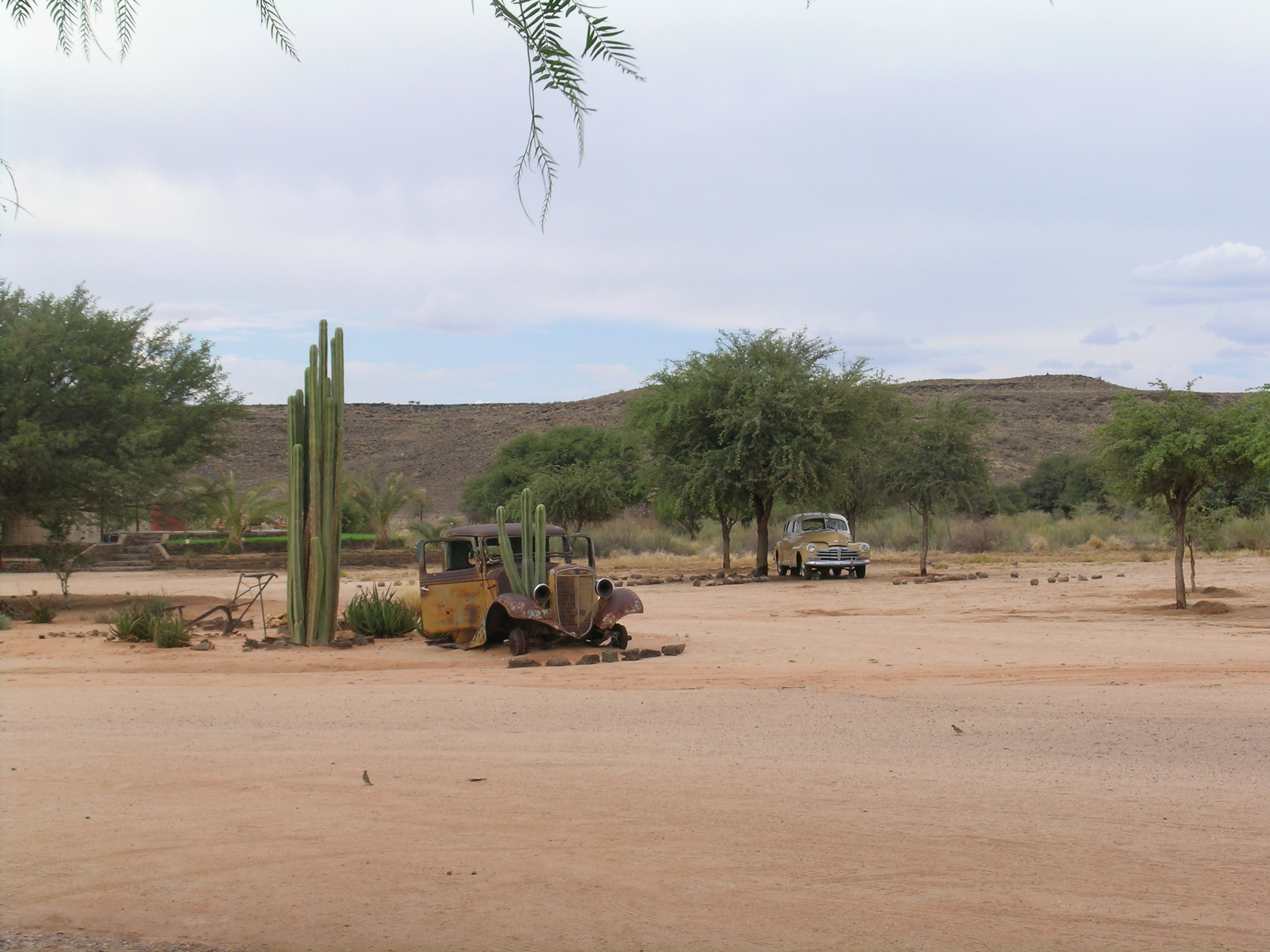
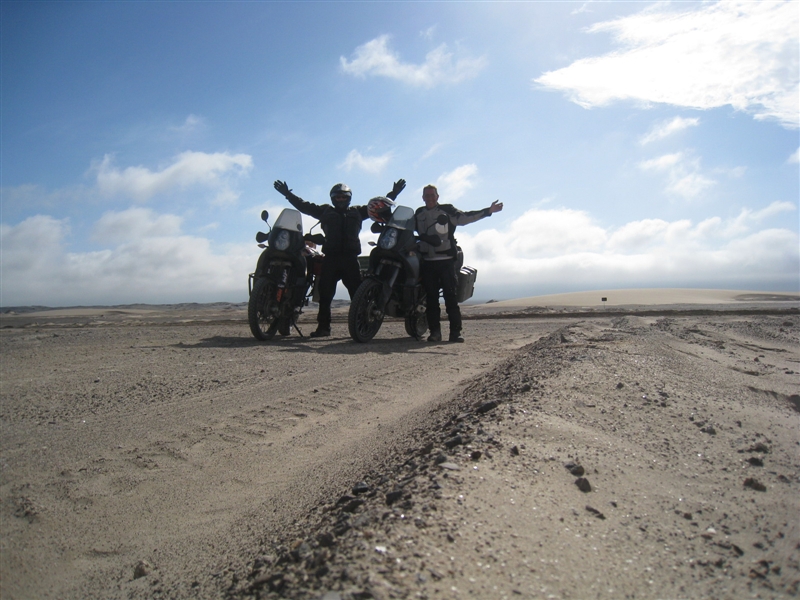


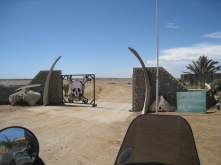




![IMG_0543[1]](https://bigbiketrip.files.wordpress.com/2017/06/img_054311.jpg)
![IMG_0841[1]](https://bigbiketrip.files.wordpress.com/2017/06/img_08411.jpg)
![IMG_0250[1]](https://bigbiketrip.files.wordpress.com/2017/06/img_02501.jpg)

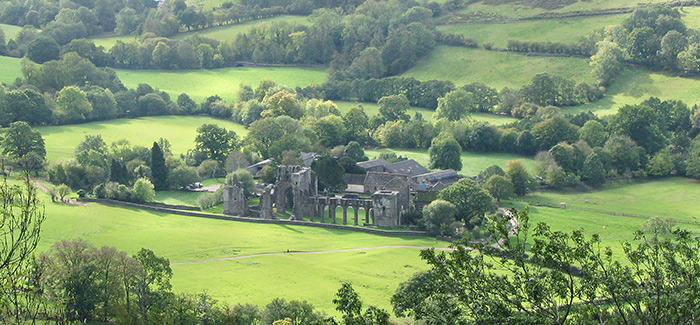
![IMG_0298[1]](https://bigbiketrip.files.wordpress.com/2017/06/img_02981.jpg)
![IMG_0283[1]](https://bigbiketrip.files.wordpress.com/2017/06/img_02831.jpg)
![IMG_0300[1]](https://bigbiketrip.files.wordpress.com/2017/06/img_03001.jpg)
![IMG_0352[1]](https://bigbiketrip.files.wordpress.com/2017/06/img_03521.jpg)
![IMG_0499[1]](https://bigbiketrip.files.wordpress.com/2017/06/img_04991.jpg)
![IMG_0632[1]](https://bigbiketrip.files.wordpress.com/2017/06/img_06321.jpg)
![IMG_0385[1]](https://bigbiketrip.files.wordpress.com/2017/06/img_03851.jpg)
![IMG_0629[1]](https://bigbiketrip.files.wordpress.com/2017/06/img_06291.jpg)
![IMG_0568[1]](https://bigbiketrip.files.wordpress.com/2017/06/img_05681.jpg)
![IMG_0686[1]](https://bigbiketrip.files.wordpress.com/2017/06/img_06861.jpg)
![IMG_0461[1]](https://bigbiketrip.files.wordpress.com/2017/06/img_04611.jpg)
![IMG_0334[1]](https://bigbiketrip.files.wordpress.com/2017/06/img_03341.jpg)
![IMG_0596[1]](https://bigbiketrip.files.wordpress.com/2017/06/img_05961.jpg)
![NPUM3921[1]](https://bigbiketrip.files.wordpress.com/2017/06/npum39211.jpg)
![IMG_0549[1]](https://bigbiketrip.files.wordpress.com/2017/06/img_05491.jpg)
![IMG_0548[1]](https://bigbiketrip.files.wordpress.com/2017/06/img_05481.jpg)
![IMG_0471[1]](https://bigbiketrip.files.wordpress.com/2017/06/img_04711.jpg)
![IMG_0622[1]](https://bigbiketrip.files.wordpress.com/2017/06/img_06221.jpg)
![IMG_0628[1]](https://bigbiketrip.files.wordpress.com/2017/06/img_06281.jpg)
![IMG_0606[1]](https://bigbiketrip.files.wordpress.com/2017/06/img_06061.jpg)
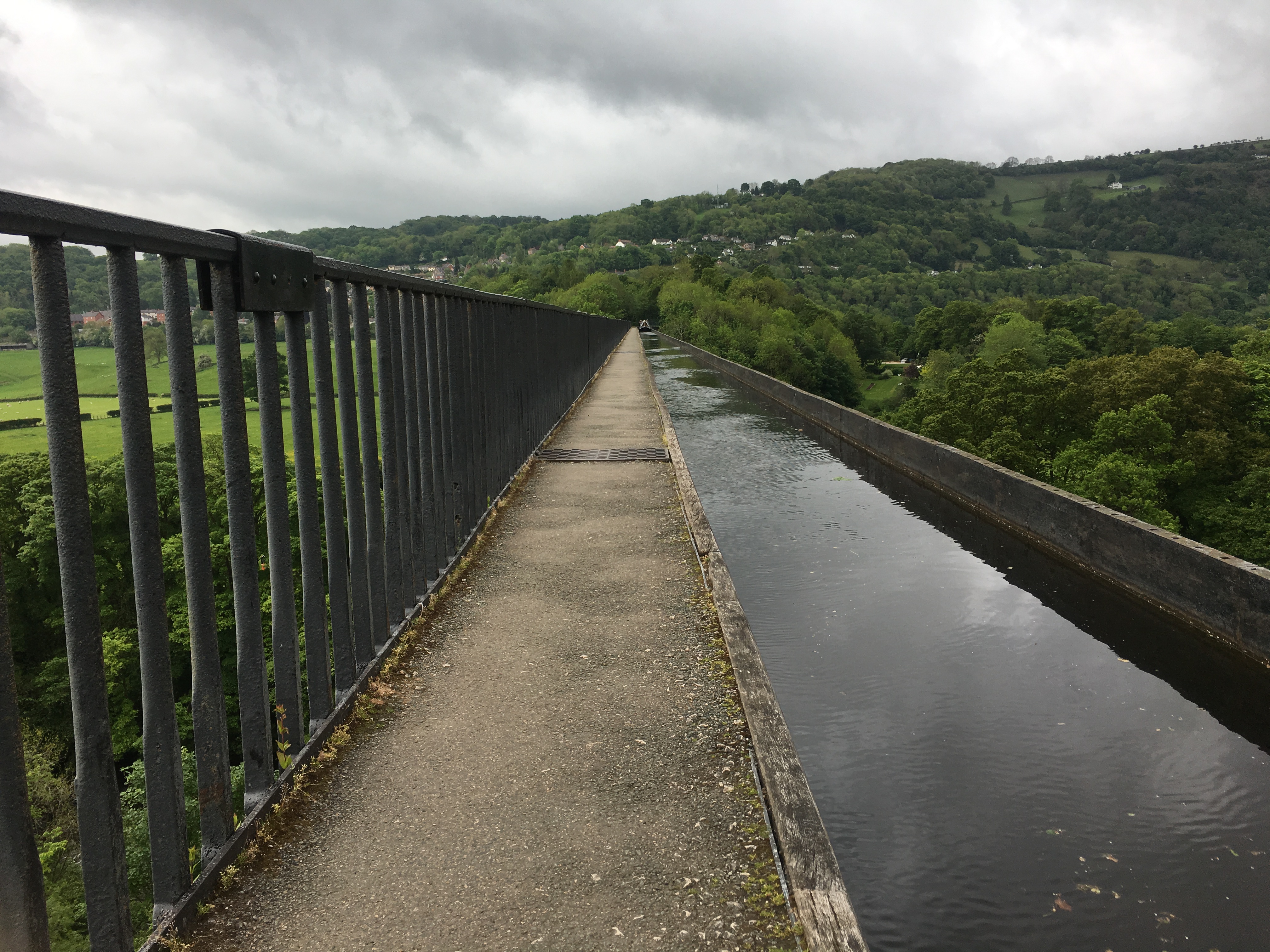
![IMG_0481[1]](https://bigbiketrip.files.wordpress.com/2017/06/img_04811.jpg)
![IMG_0515[1]](https://bigbiketrip.files.wordpress.com/2017/06/img_05151.jpg)
![IMG_0556[1]](https://bigbiketrip.files.wordpress.com/2017/06/img_05561.jpg)
![IMG_0451[1]](https://bigbiketrip.files.wordpress.com/2017/06/img_04511.jpg)
![XFVK1689[1]](https://bigbiketrip.files.wordpress.com/2017/06/xfvk16891.jpg)
![IMG_0475[1]](https://bigbiketrip.files.wordpress.com/2017/06/img_04751.jpg)
![IMG_0683[1]](https://bigbiketrip.files.wordpress.com/2017/06/img_068311.jpg)
![IMG_0508[1]](https://bigbiketrip.files.wordpress.com/2017/06/img_05081.jpg)
![IMG_0655[1]](https://bigbiketrip.files.wordpress.com/2017/06/img_06551.jpg)
![IMG_0559[1]](https://bigbiketrip.files.wordpress.com/2017/06/img_05591.jpg)
![IMG_0542[1]](https://bigbiketrip.files.wordpress.com/2017/06/img_05421.jpg)
![IMG_0473[1]](https://bigbiketrip.files.wordpress.com/2017/06/img_04731.jpg)
![IMG_0634[1]](https://bigbiketrip.files.wordpress.com/2017/06/img_06341.jpg)
![IMG_0418[1]](https://bigbiketrip.files.wordpress.com/2017/06/img_04181.jpg)
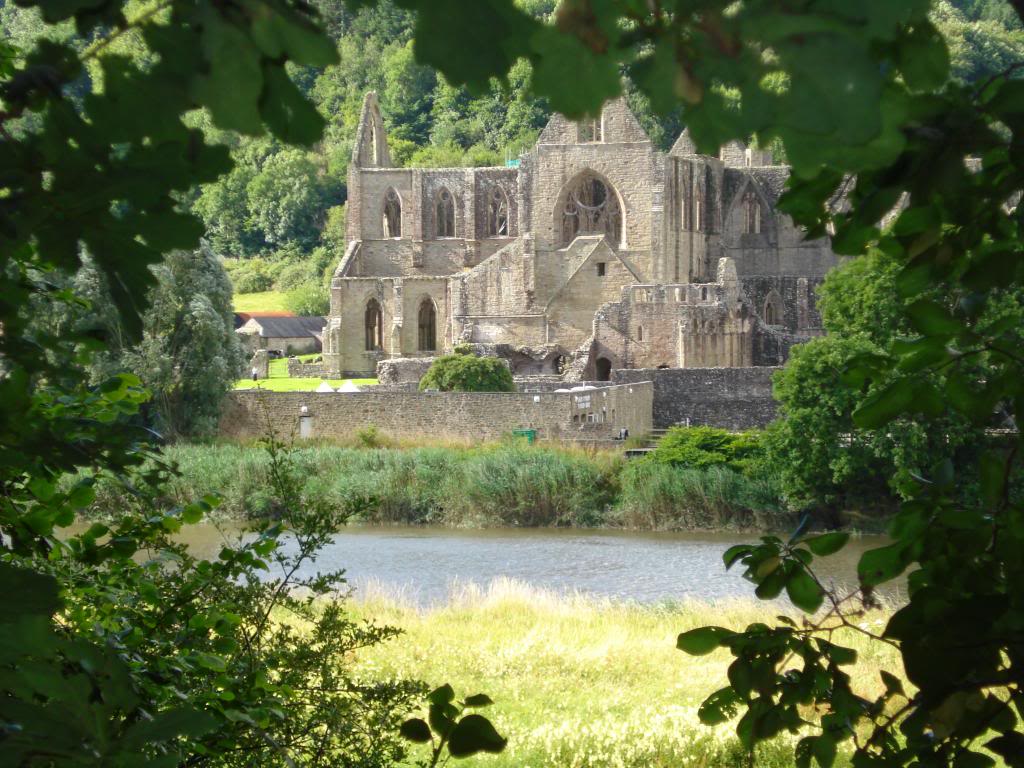
![IMG_0572[1]](https://bigbiketrip.files.wordpress.com/2017/06/img_05721.jpg)
![IMG_0631[1]](https://bigbiketrip.files.wordpress.com/2017/06/img_06311.jpg)
![IMG_0635[1]](https://bigbiketrip.files.wordpress.com/2017/06/img_06351.jpg)
![IMG_0701[1]](https://bigbiketrip.files.wordpress.com/2017/06/img_07011.jpg)
![IMG_0687[1]](https://bigbiketrip.files.wordpress.com/2017/06/img_06871.jpg)
![IMG_0466[1]](https://bigbiketrip.files.wordpress.com/2017/06/img_04661.jpg)
![IMG_0666[1]](https://bigbiketrip.files.wordpress.com/2017/06/img_06661.jpg)
![IMG_0698[1]](https://bigbiketrip.files.wordpress.com/2017/06/img_06981.jpg)
![IMG_0529[1]](https://bigbiketrip.files.wordpress.com/2017/06/img_052911.jpg)
![IMG_0406[1]](https://bigbiketrip.files.wordpress.com/2017/06/img_04061.jpg)
![IMG_0483[1]](https://bigbiketrip.files.wordpress.com/2017/06/img_04831.jpg)
![IMG_0727[1]](https://bigbiketrip.files.wordpress.com/2017/06/img_07271.jpg)
![IMG_0734[1]](https://bigbiketrip.files.wordpress.com/2017/06/img_07341.jpg)

